03:00pm–05:00pm
Folding, creasing, gluing. At the end of the ECHO-LOGY atmosphere, we invite you to leave the boundaries of the classic book behind. Inspired by the wildly proliferating artists’ books of the Centre des Livres d’Artistes (cdla), we will create our own books and notebooks under the guidance of artist Theo Dietz. Using recycled materials, a lot of improvisation and a love of the process, we create book objects that are crooked, beautiful, weird – but guaranteed to be unique. Whether you are a skilled craftsman or curious and chaotic: in this workshop, bookbinding is seen as a field of experimentation!
Theo Dietz is an artist, designer and art educator. Trained at the ABK Stuttgart and the Dirty Art Department in Amsterdam, his practice moves between public intervention and speculative didactics. Situated between classroom, landfill and highway, he develops performative works that combine humor, waste and criticism. In the process, temporary zones of solidarity and contradiction are created – provisional and always alert to the value systems and circular economy logics of late capitalism.
Everyone is welcome. Participation is free of charge.
Bookbinding workshop with Theo Dietz
Saturday, June 28, 2025, 3-5 p.m., 2nd floor
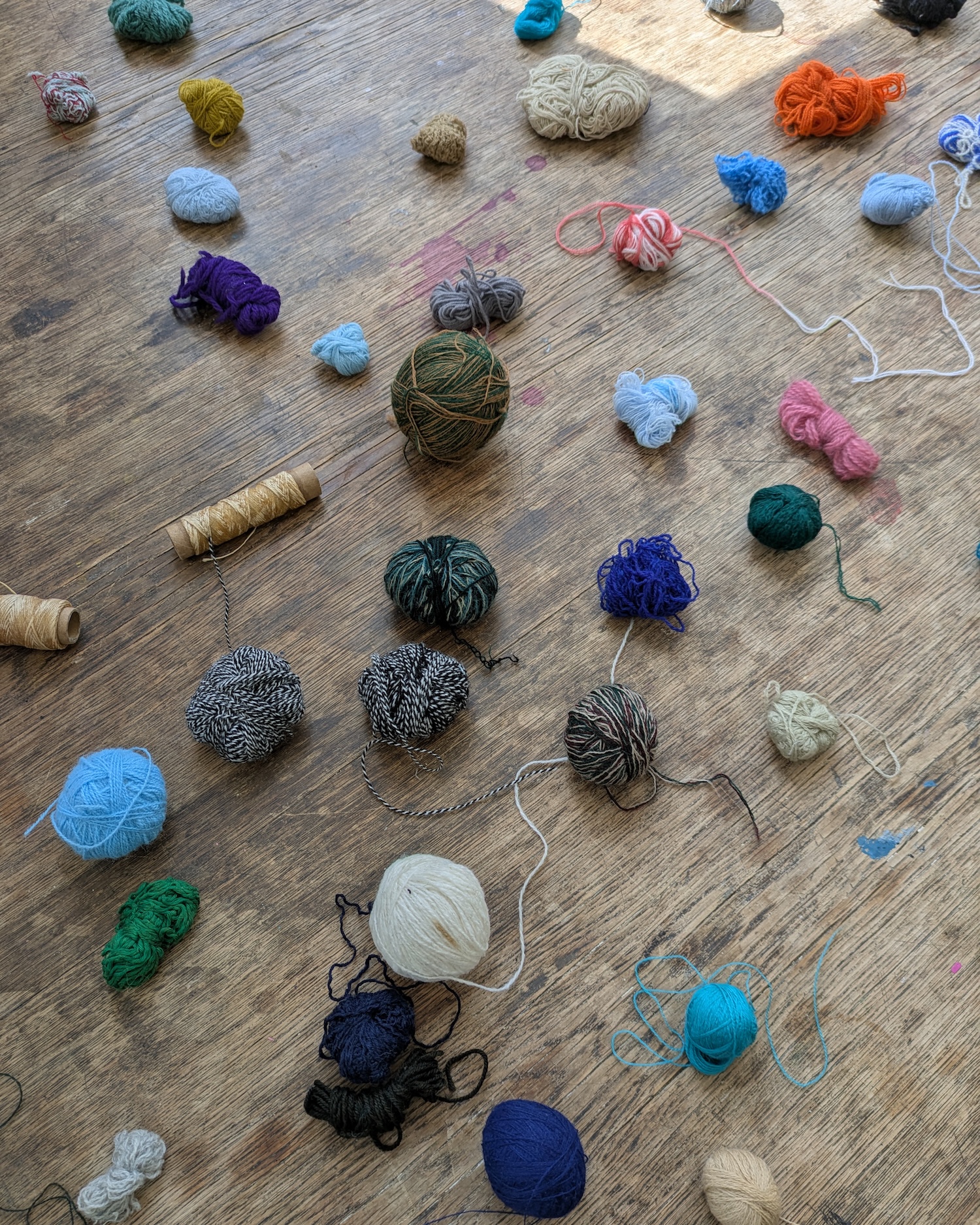
07:00pm–09:00pm
Today’s soundscape is amongst the most toxic realms of contemporary experience. A daily practice of acoustic decontamination is an inherent part of any expanded, regenerative agroecological practice, if we are to grapple seriously with the question as to who speaks, and when, and what it means to be silent in the Anthropocene. Silence, when not imposed by force, nor experienced as a lack of sound, can be a space of resistance; not the opposite of speech or structured sound but a different mode of discourse, with its own mute syntax. In her 1978 poem, Cartographies of Silence, feminist poet Adrienne Rich writes of silence that “it has a history a form / Do not confuse it / With any kind of absence.” By this token, there is a dialectics of silence, amplified today by the relentless collapse of bioacoustics – the vanishing hum of pollinators, of birdsongs, of the joyous cacophony of the full usership of a living landscape – which is crying out to become a full-fledged politics of silence. A politics of silence, which, as Aliocha Imhoff & Kantuta Quirós have beautifully written in their essay Who Speaks in the Anthropocene, “might consist of refusing to hush up in the face of the urgency to remain silent as a form of profound listening to unspoken speech and of unvoiced voices.”
With these considerations in mind, and intent on the mapping and scoring of acoustic experience, however subtle, we have invited Arne De Boever, theorist and performer from CalArts, to introduce our usership to the tradition of silent music – a form of music that works with silence as an acoustic material.
Non-musicians, artists, musicians, curious observers are all invited to participate in this evening of Subtle Sounds.
We will explore philosophical concepts around silence, in part by relying on scholarly considerations of ancient Chinese landscape paintings and the Daoist philosophy that informed them. Participants will consider, in a productive tension with such a philosophical approach, the social (ethical and political) dimensions of silence.
Arne De Boever will then introduce participants to Antoine Beuger’s score “für kurze Zeit geboren”. Participants will be encouraged to select their sound sources for the performance in view of both the philosophical and social framework for thinking about silence that De Boever, and his work with composer Michael Pisaro-Liu, provide. No philosophical or musical training required.
We will perform the score together for 60 minutes, after which there will be a conversation, participants can discuss their sound sources and why they chose them, ending with a Q+A.
All are welcome.
Subtle Sounds
Performance & Talk
Tuesday June 24th 7pm-9pm, 2nd floor
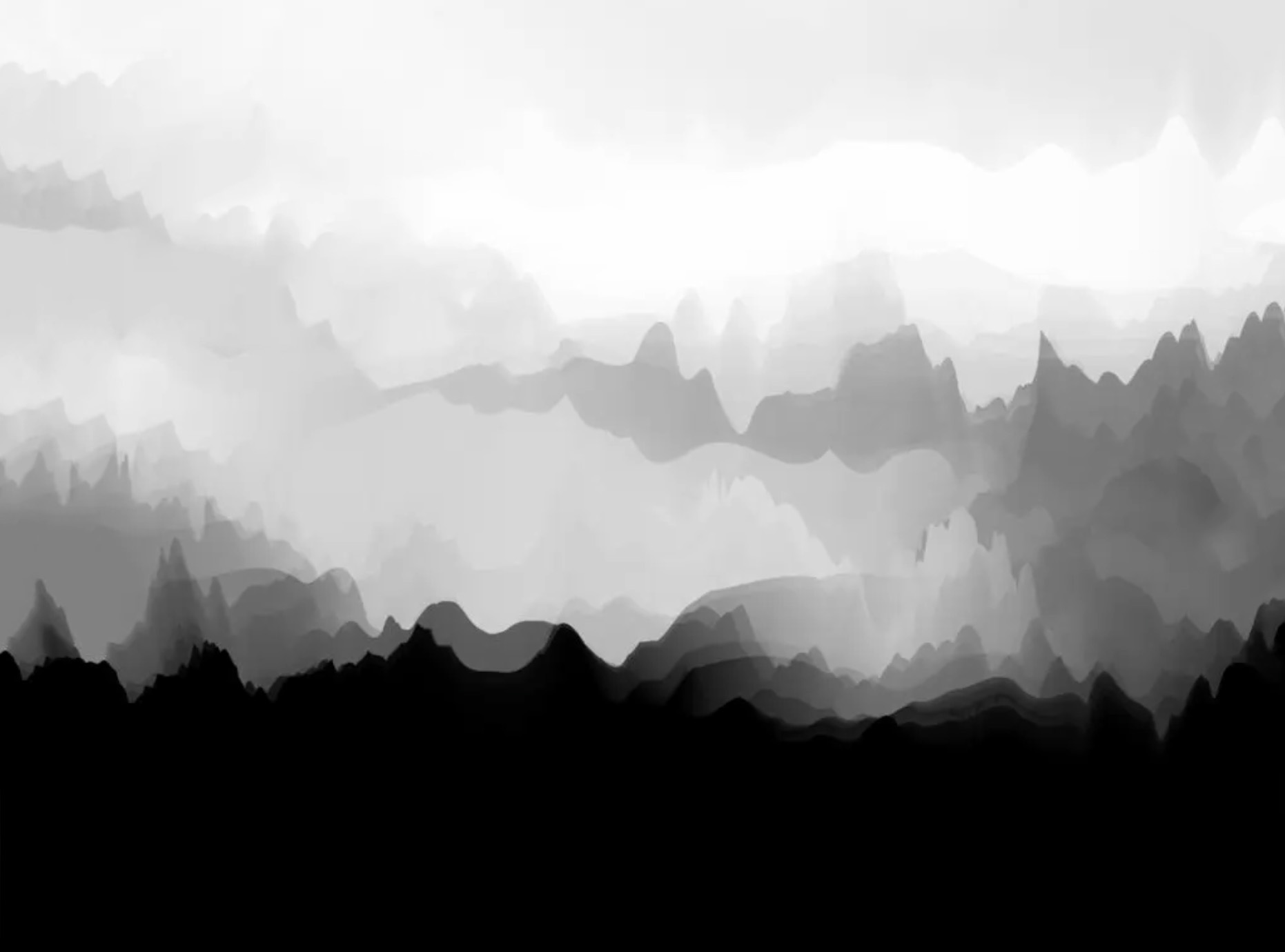
In the 43rd Tuesday Workshop, Laurenz Theinert will give insights into his artistic practice.
“What do we actually see? What does the image we form say about reality?
Laurenz Theinert does not provide any answers to these questions. But in his works, he slows down the complex process of seeing, which normally takes place at high speed and subconsciously, as if in slow motion, and focusses attention on individual aspects of what is happening. He makes it possible to observe what happens on the way from a visual impression, a light impulse on the outside, via the physical visual organs and the contributions of thinking, feeling, connecting and interpreting in the brain, before something arises in us that we call perception or cognition. Observing the processes and automatisms, conditions and contingencies that make up perception can be a fascinating experience. But you can also suddenly feel quite blind in the face of the limitations of your own ability to recognise. Laurenz Theinert has no solution to this dilemma. But with his works, he at least offers a training zone in which you can reflect on the paths and limits of perception and perhaps develop new perspectives on what can be seen.”
Dr. Julia Otto, Kunstmuseum Celle, excerpt from the text in the catalogue of the exhibition ‘Fehlende Dunkelheit’ Museum Ritter 2024
Afterwards, we invite you to join us for drinks and snacks and a dialogue.
Tuesday-Workshop
The Künstlerhaus invites an artist or a collective—meaning any artists or cultural workers from any field or discipline—to talk about their working methods as well as their backgrounds and approaches. We want to establish a platform for a more in-depth interaction with regard to artistic practice, and in doing so to create a network, show solidarity, and mutually strengthen one other.
The series is aimed at all members of Künstlerhaus Stuttgart, artists either living in Stuttgart and the surrounding area or just traveling through, all cultural workers, art mediators, curators, etc., and is open to everyone!
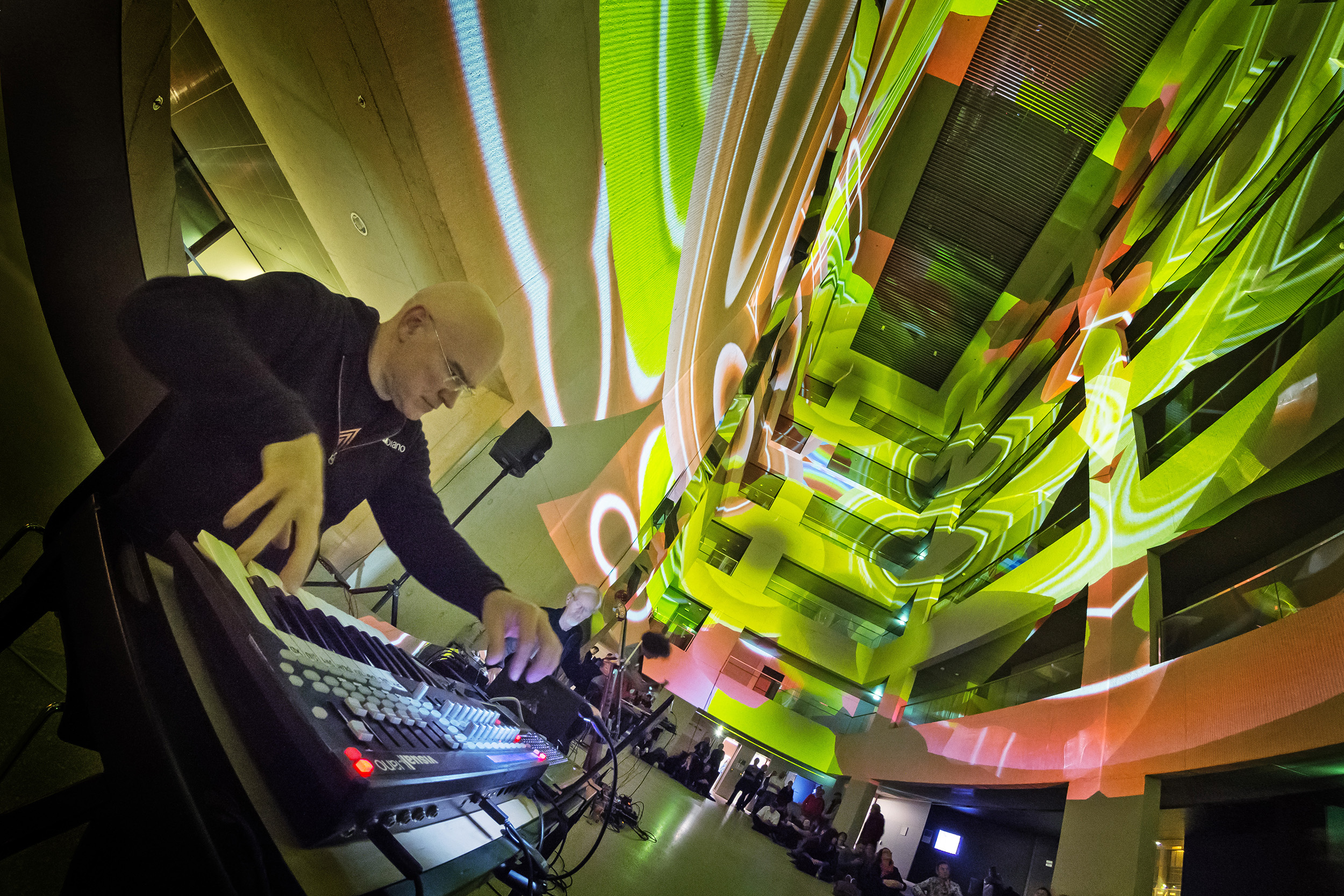
In the third listening session, following the CCR credo: ‘hitch a ride to the end of the highway where the neons turn to wood’, digital, vibrating, raw walls of sound are broken through and over-constructed city parks are traversed – in search of sparkling lakes, lush green meadows and dense forests.
djytb takes sound as the starting point for an examination of identity, cultural codes and different living environments.
Listening Sessions
This is the third event in the new ‘Listening Sessions’ series in the recording studio at the Künstlerhaus. Artists are invited to bring along the music that inspires, shapes and accompanies them. We will listen to this music together in the recording studio.
The regular series offers a space to exchange ideas about sonic influences and personal connections to music. This series of events was conceptualised by Lena Meinhardt, artist and manager of the audio workshop at the Künstlerhaus.
As places in the recording studio are limited, please register at audio@kuenstlerhaus.de.

Together, bodies create atmospheres. And as bodies move through these atmospheres, they are shaped by them, even as they give them shape. There is nothing pristine about these atmospheres, nor anything pure about the bodies that make use of them, that farm them. Sebastian Díaz de León & Katherine Ball’s film installation, CONTAMINATIONS, follows some twenty performing artists and dancers as their bodies move through these chemical geographies. The ultra-widescreen format, akin to a thin atmospheric layer, allows only a fragmented view of the bodies in movement – human bodies, bodies of wind, bodies of tomorrow – as they embed themselves in sites with shifting dynamics between nature and culture: within fast-eroding sandstone mountains prone to landslides, exacerbated by extractivist land-used practices; on roads washed out by floods brought on by climate change, their guardrails floating in midair; at a spy station built on a hill of rubble from World War Two; and in a landfill and recycling center where the detritus of culture is re-metabolized by nature. If nature is the word for it. If culture is.
With this proposition begins a gradual shift from the fluvial atmosphere of the past year toward a more subterranean atmosphere of soil.
Opening
Wednesday, May 14, 2025
7pm
Screening
CONTAMINATIONS – Bodies between nature and culture (22’)
A film installation by Sebastian Díaz de León & Katherine Ball (2023)
8pm
Evening Walk
30-minute walk to Heslach to the location of the performance
9pm
Performance & Movement-Workshop
Plant Yourself
The artists Katherine Ball and Sebastian Díaz de León invite you to dive into a large pile of soil with us—to inearth yourself with seeds and microorganisms—to plant yourself.
Sebastian Díaz de León is a Berlin-based artist whose practice is at the interface of architecture, film and research. He examines existing structures to imagine a social and climate-just future, combining a variety of disciplines to address contemporary spatial challenges.
Katherine Ball is a habitat for fungi and bacteria located on planet Earth. She is a member of Floating University e.V., where she runs Contaminations, an outdoor, experimental educational programme for people who want to work with their bodies.
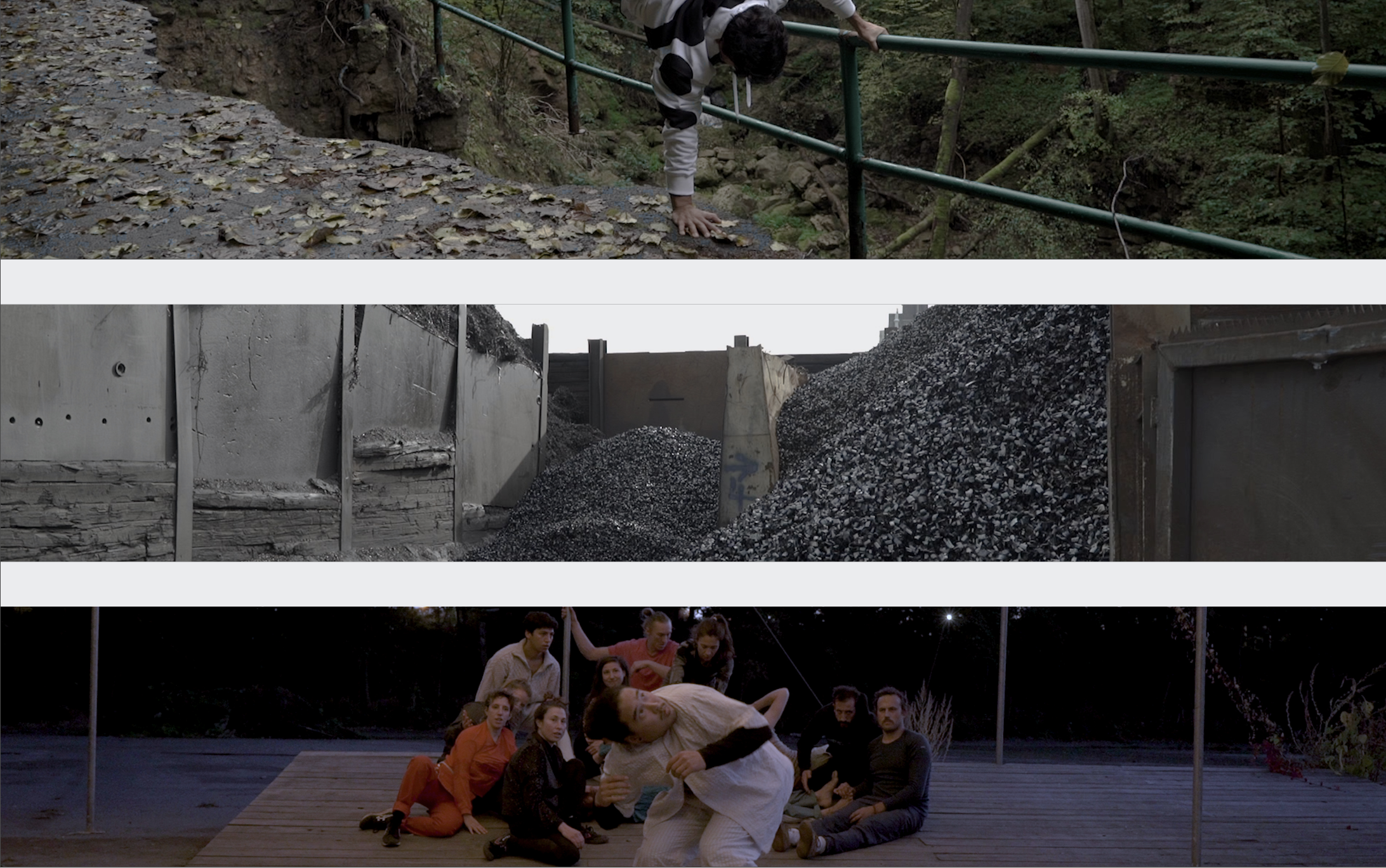















In the 42nd Tuesday-Workshop, Julia Wenz-Delaminsky will give insights into her artistic practice.
Julia Wenz-Delaminsky pursues a conceptual and experimental way of working that reacts variably to the respective situation. Her artistic scope is very broad and not tied to a specific technique or medium. Her work includes photographs, graphics and digital art as well as large-scale installations, performances and collaborations. ‘Medium and message’ are fused and linked to her everyday life. Travelling and collecting are also part of the creative process.
She poses the question of how much in/stability is needed to develop potential?
Afterwards, we invite you to join us for drinks and snacks and a dialogue.
More information about Julia Wenz-Delaminsky: www.julia-delaminsky.de
Tuesday-Workshop
The Künstlerhaus invites an artist or a collective—meaning any artists or cultural workers from any field or discipline—to talk about their working methods as well as their backgrounds and approaches. We want to establish a platform for a more in-depth interaction with regard to artistic practice, and in doing so to create a network, show solidarity, and mutually strengthen one other.
The series is aimed at all members of Künstlerhaus Stuttgart, artists either living in Stuttgart and the surrounding area or just traveling through, all cultural workers, art mediators, curators, etc., and is open to everyone!
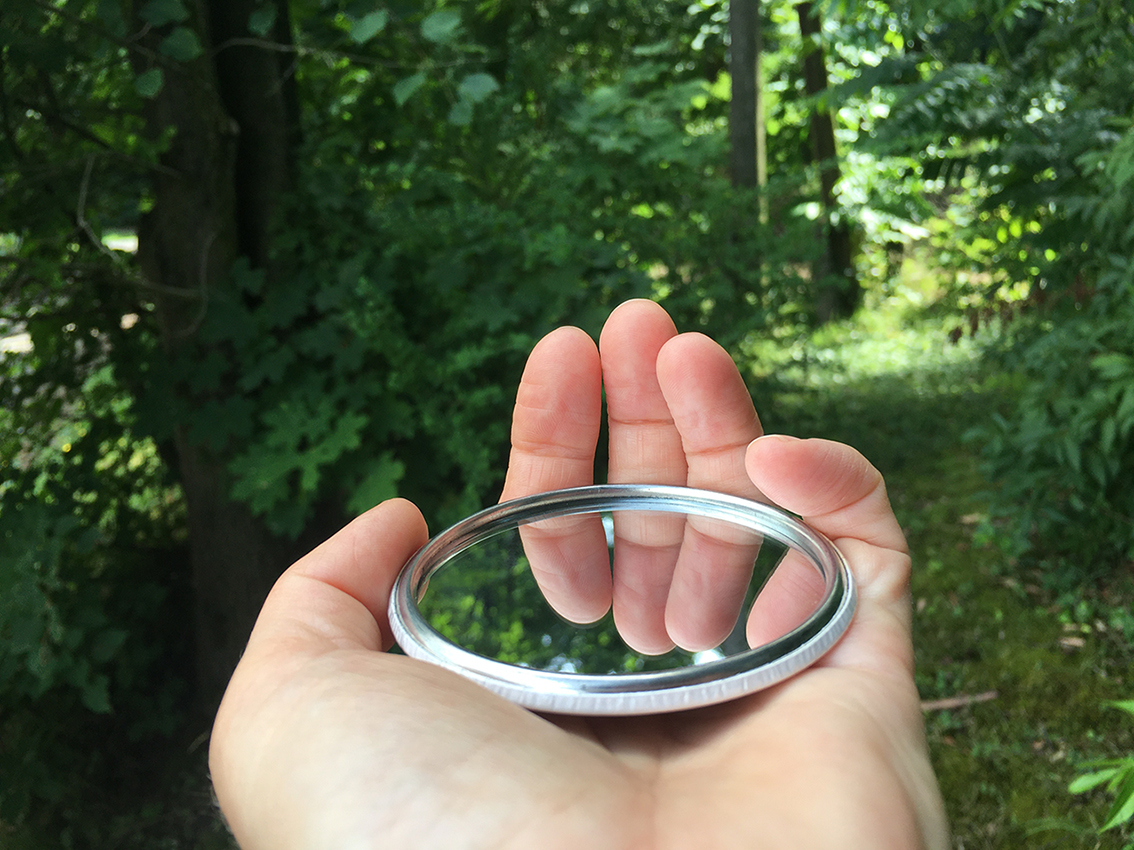
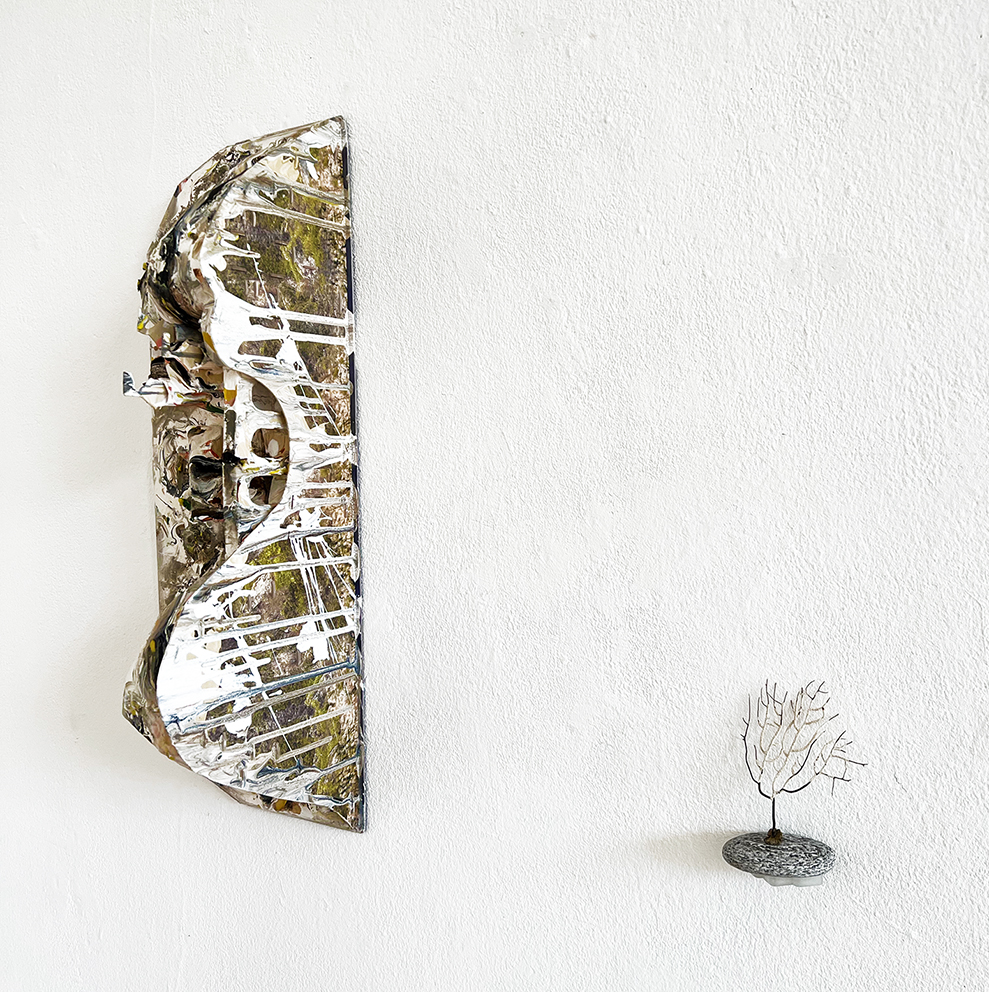
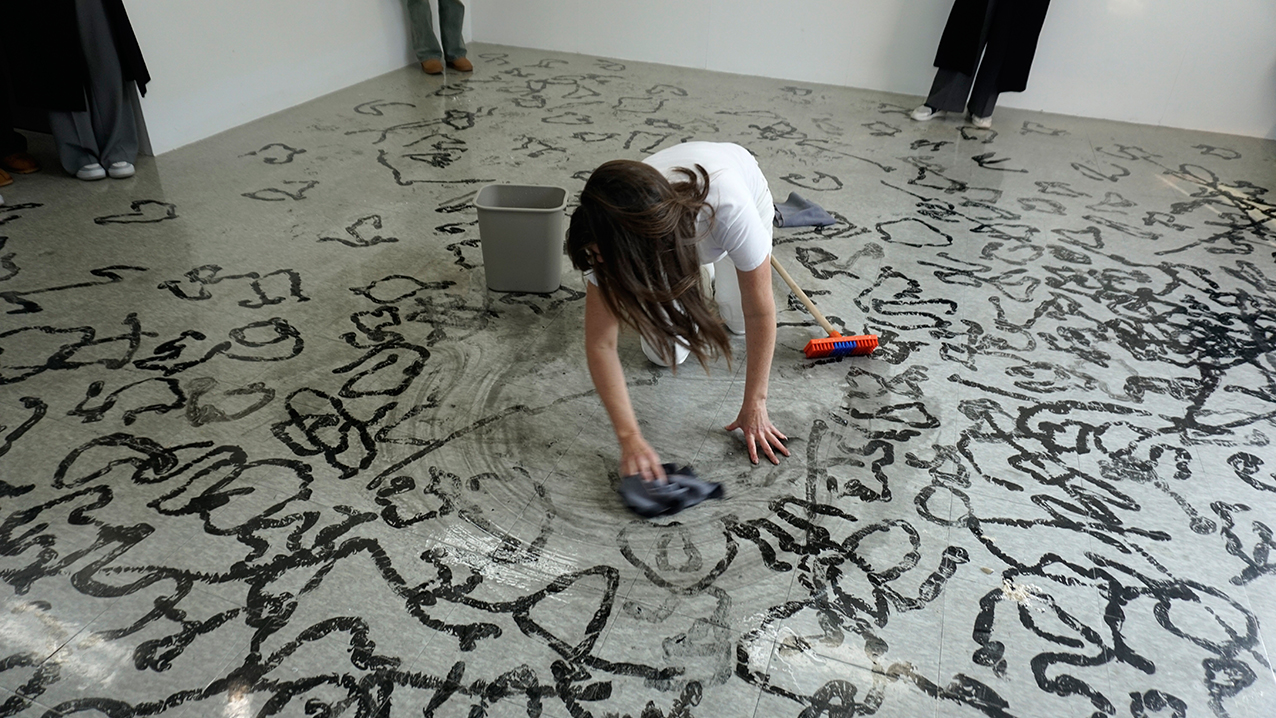

At a time when socially engaged, 1:1 scale practices are becoming widespread, critiquing the White Cube may seem outdated and irrelevant, easily dismissed as an obsolete obsession of vinegary old academics. But the market has a sly way of convincing us that questions which have already been raised are by definition old-fashioned and that the inventory of exhibitable problems requires constant updating. If social practices are to find traction, we need to ask if it still makes sense to exhibit them, since it has been established since the 1970s that the White Cube – whether it be white, black or pink, delocalized or virtual – is inevitably a device for the neutralization and deactivation of anything other than the sort of performative self-evaluation that generates surplus value.
DeYi Studio invites you to construct an allegorical house of cards, while listening to bits and pieces of a disjointed discourse on the topic of Pokemon Go and the possibility of a form of non-declarative art. We will discuss the white cube (yet again), the magic circle (at last), but also pervasive games, round-tables and compatibility.
Founded in Shanghai in 2008 by Xia Yilan and Paul Devautour, DeYi Studio works on the concept of compatibility, as a reversal of the imperative of specificity, and explores the potentials of practicing non-exhibitable art. From 2011 to 2017, DeYi Studio ran the “Bazaar Compatible Program,” a small experimental space in a bazaar alley in Shanghai, hosting some 152 proposals by emerging artists. Since 2021, DeYi Studio has offered “Xinhua Art Service,” which combines works by artists, amateurs, children, and neighbors in Shanghai’s Changning neighborhood.
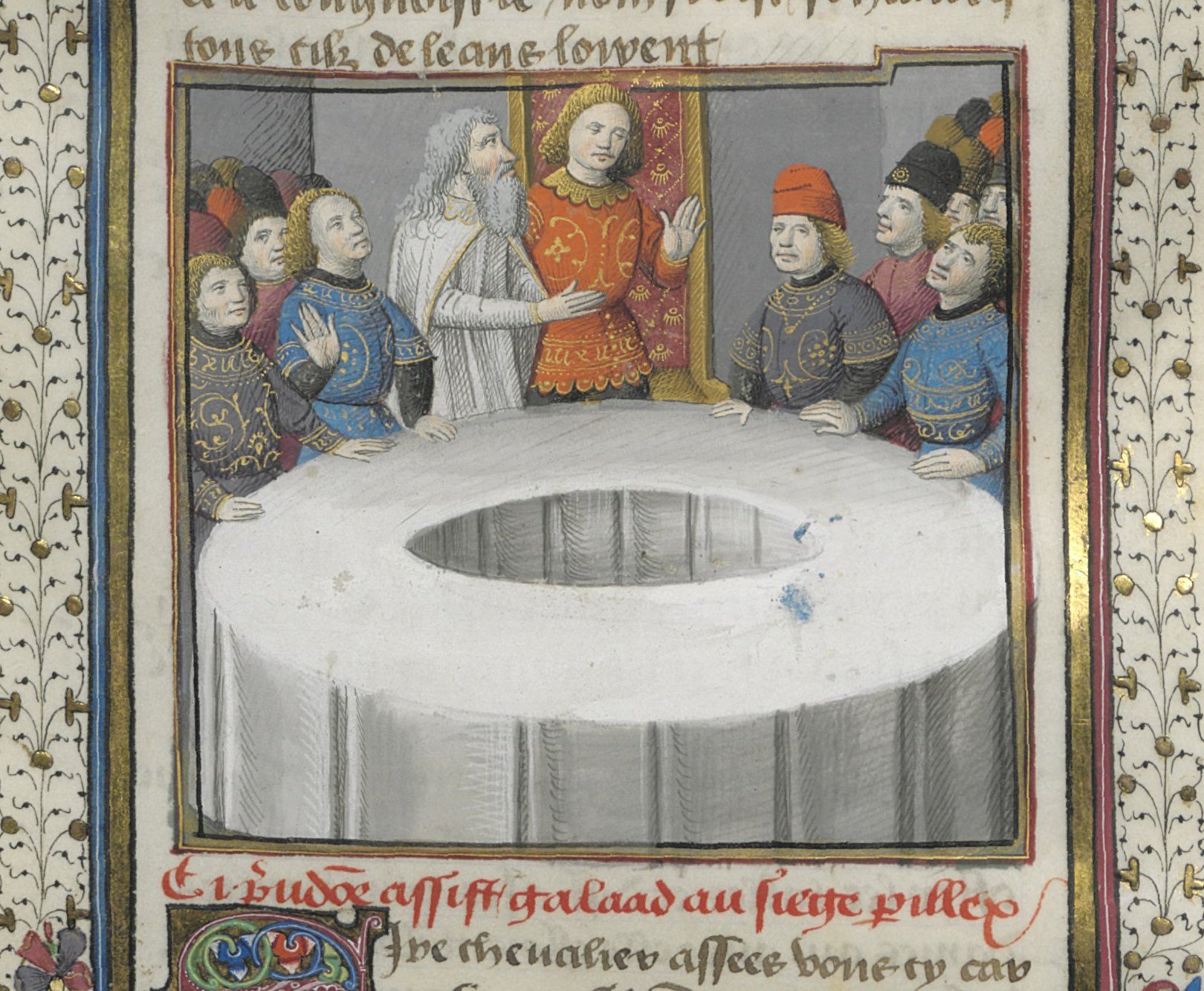
HAUS ORKESTRA continues at the Künstlerhaus Stuttgart. We start again on May 8. New members are very welcome. The basis is polyphonic singing with instrumental accompaniment. Natia Dikhtyar, a musician from Georgia who lives in Stuttgart, introduces each session with vocal and rhythmic exercises. Our aim is to learn songs and pieces of music in a playful way. Anyone who enjoys singing or making music is very welcome. Monika Nuber and Krešo organize the sessions and come up with suitable pieces, open to suggestions.
starting May 8, 2025
bi-weekly Thursdays, 19:30-21:00 (2nd floor)
Participation is free of charge.
Please email any questions to mail@monikanuber.de
About the artists and musicians:
Monika Nuber is an animator and musician, and interweaves image and sound in her work in a variety of ways. She plays double bass with Rózsák and Maslband, is part of the Jon Shit Kollektiv and will open another audiovisual chapter in her latest formation Mother Mountain (with Johanna Mangold and Lidija Paun). She gained a lot of experience in projects with Hans Joachim Irmler at the Faust Studio in Scheer. For the Eclat Festival for New Music 2025, she contributed animations for “ABC der Ausrufe”.
The Georgian-born singer and jazz musician Natia Dikhtyar composes and plays music in a mixture of jazz-rock-latin-fusion grooves with Georgian folkloristic elements and poetry. She works as a teacher for voice and piano and conducts choirs and vocal ensembles with an international background. For the Haus Orkestra she will introduce us to Georgian singing, but will also be happy to lead us in other ways if desired and appropriate.
Krešo has worked in various roles in live and media productions at the intersection of art and pop-cultural formats, is professionally involved in the creative industries of design, communication and education and finds that sung language is the best way to travel the world.
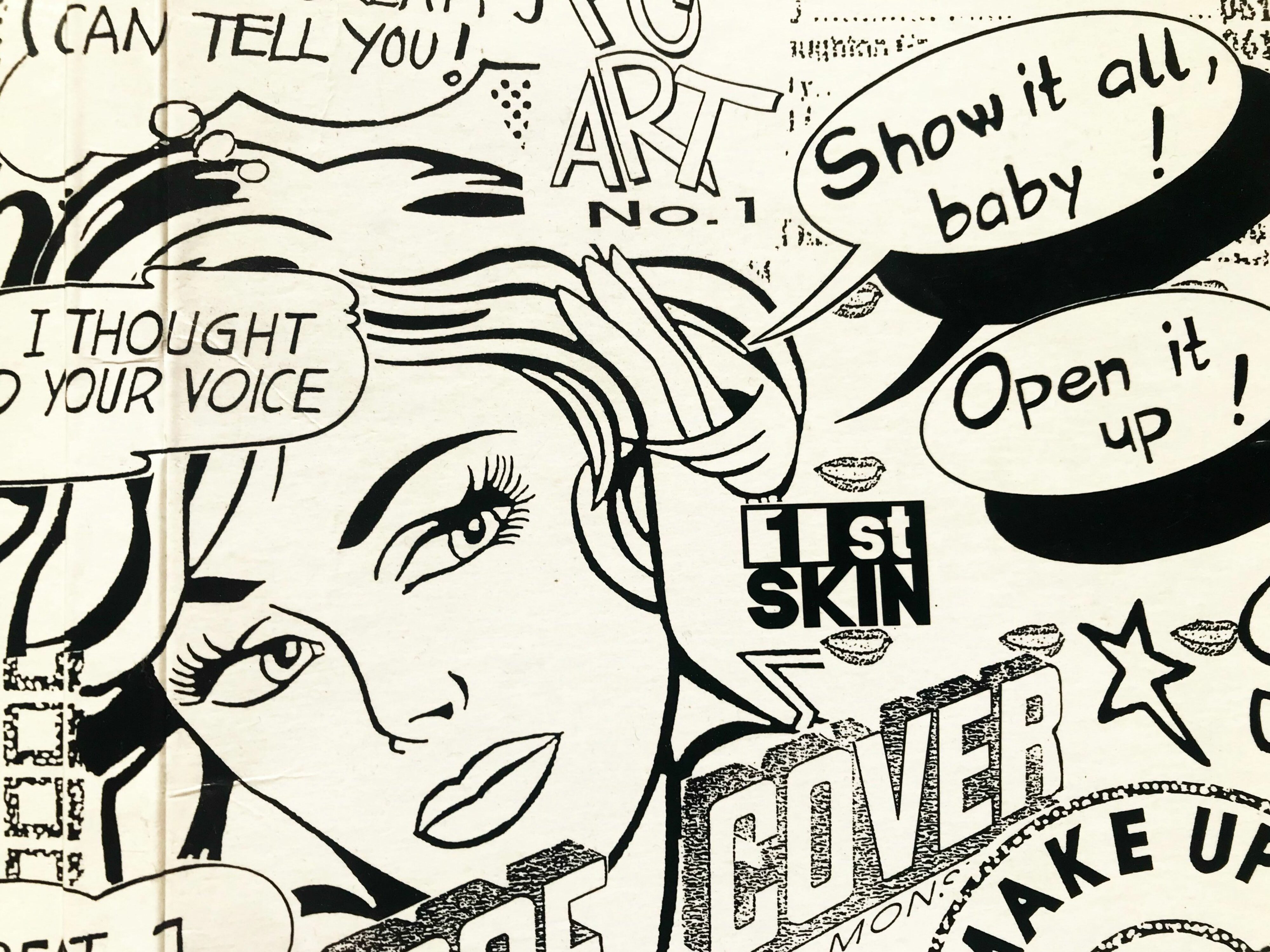
Together we will read and discuss the essays by author and activist Brian Holmes, which have been published in four artist books as part of the Rivermap atmosphere. The texts deal with political ecology at the intersection of art, science, philosophy and activism. The Reading Group offers an open platform for exchange and collective reflection on the themes of the atmosphere.
The texts are written in English, but we also talk about them in German. No previous knowledge is required – all interested parties are welcome!
Sunday, April 13 2025, 15:00, 4th floor, with Thora Gerstner
Saturday, April 19, 2025, 15:00, 4th floor, with Isabel Motz
Saturday, April 26, 2025, 15:00, 4th floor, with Lejla Dendic
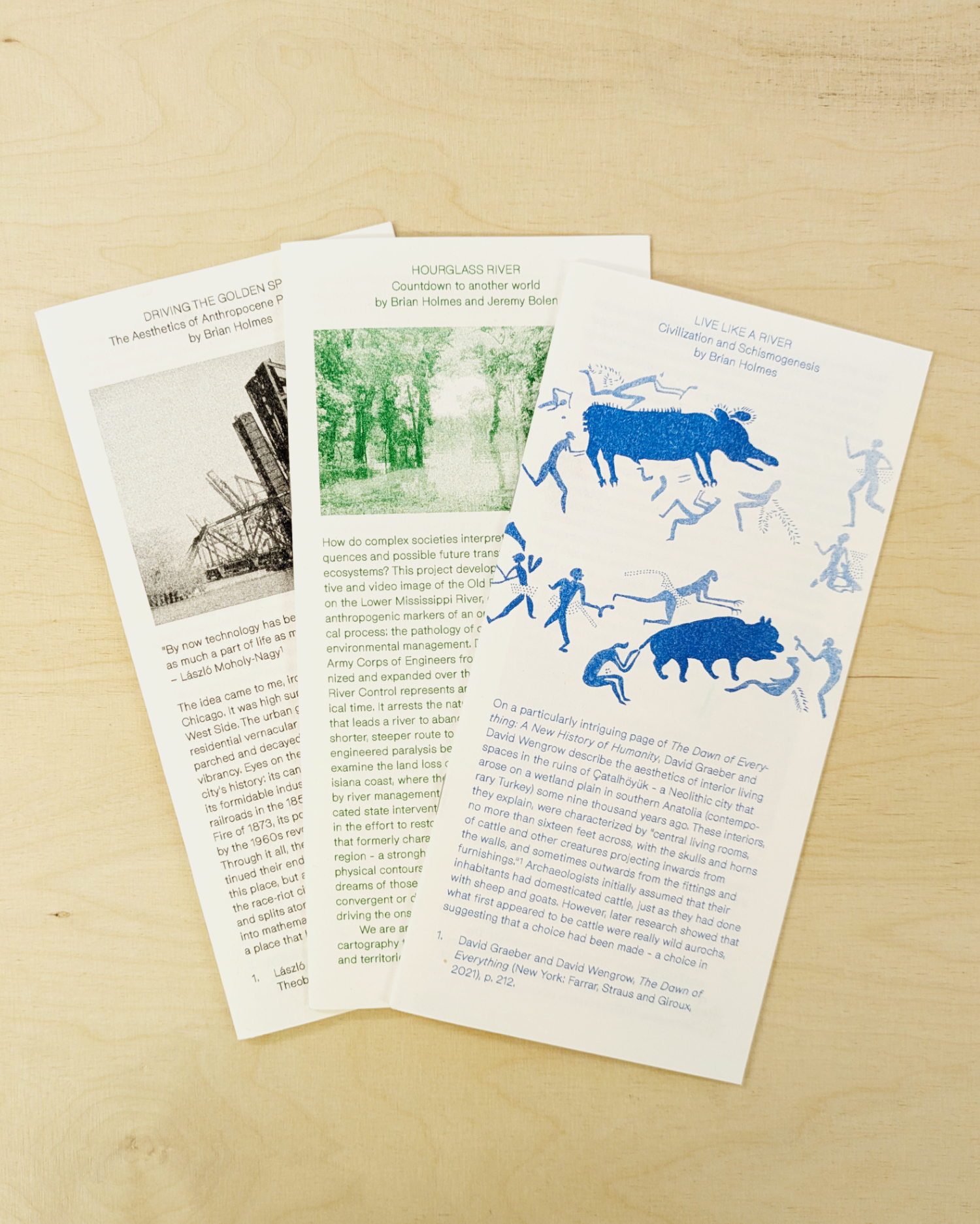
The Künstlerhaus Stuttgart is delighted to announce the new studio grant recipients for 2025/26, who will move into their studios at the Künstlerhaus on 1 May 2025. As in previous years, the Künstlerhaus will offer workspaces to seven outstanding artists, artist groups, or collectives for a period of one year.
We are delighted to welcome Tyler Cunningham und Liv Rahel Schwenk .
anima ona, Theo Ferreira Gomes, Paco Ladrón de Guevara Rodríguez, Mizi Lee and Marcela Majchrzak have all had their grants extended for another year.
Liv Rahel Schwenk
Liv Rahel Schwenk (b. 1984, Filderstadt) works with performance, video, drawing, text, research, and other media. Her process-based practice often begins with a task, an experiment, or a limitation, leading to algorithmic drawings, physically challenging performances, or site specific video pieces. She values not knowing in advance where the process could lead her or what it may ask of her.
In her videos and performances she uses her body to challenge and question the rules and conditions of a space. She playfully manipulates the frameworks of time and space in an attempt to learn something essential about the given space but also about her own limits. Video and video projection within performances enable her to reflect and amplify the temporal and spacial aspects of her actions.
Liv studied Fine Arts and Sculpture at Art Academy Düsseldorf and went to New York City in 2013 with a DAAD Travel Grant to explore her interest in dance and choreography. She also works as a translator and a copyeditor for experimental English language poetry. At Künstlerhaus she wants to explore the concept and mode of ‘translation’ as it pertains to performance research.
Tyler Cunningham
Tyler Cunningham (b. 1996, USA) is a Stuttgart-based performance artist, researcher, musician, and writer. Since 2020, Tyler and his mother have been researching his missing ancestor, Avram Alter, and his disappearance after being deported from the USA back to Poland. Since then, he has created performances, audio-walks, music theater, and installations in collaborations with other artists and ghosts: they’ve led him to the ruins of city-walls, playgrounds, experimental music venues, the Atlantic ocean, Marienplatz, sex-clubs (etc). More recently, he has enjoyed being an elephant in the room.
anima ona
anima ona is a collaboration between Freia Achenbach and June Fàbregas, who live and work in Stuttgart. The duo studied industrial design at the State Academy of Fine Arts in Stuttgart. Following a transdisciplinary and research-based approach, they have been developing self-initiated projects and realising commissioned works that straddle the border between design, research and art since 2018.
With the aim of creating sustainable visions for future life that evoke harmony, sensitivity and diversity, they create new materials, processes, objects, furniture, installations, architectural fragments and spaces.
Their diverse work is united by an exploration of transformative processes, materials and technologies, as well as the cultural significance of everyday objects.
Translated with DeepL.com (free version)
Theo Ferreira Gomes
Theo Ferreira Gomes (b. 1993 in Niterói/Brasilien) is a transdisciplinary researcher working between curatorial and sonic practice. He is particularly interested in artistic strategies that unfold agency beyond the art system‘s boundaries. By uniting voices from the arts, sciences, and economics he seeks to reconfigure the social in „experimental publics“. This approach may manifest in community formats, listening experiences, workshops, parties, and exhibitions.
His independent research focuses on radical economies and counter-financialization, exploring how artists can experiment with community currencies and alternative banking infrastructures. Together with Kosmas Phan Ðinh, he is researching the politics of silence and its entanglements with historical and contemporary power relations.
He has worked with ORNAMENTA 2024, Akademie Schloss Solitude, Max Planck Institute for Behavioural Biology Konstanz, The Indian Sonic Research Organisation, World Hope Forum, ZKM Center for Arts and Media. From 2019 – 2023 he was Deputy Chairman at the non-profit art space LAF – Leerstand als Freiraum e.V. in Pforzheim.
Paco Ladrón de Guevara Rodríguez
Focusing his artistic research on performance and visual arts, Paco Ladrón de Guevara (b. 1997, Granada) uses different languages such as installation, drawing or dance to materialize his projects.
After obtaining his bachelor’s Degree in Visual Arts (2018), Paco travelled to Brussels and Berlin to have an independent formation in dance by attending workshops and sharing with other artists. Since then, he has worked as a professional dancer in the dance companies Aura Dance Theatre (Lithuania) and Ballet Pforzheim (Germany).
In July 2022, Paco based himself in Stuttgart as a freelance artist, focusing on plastic research and choreography, having the opportunity to work as a performer for other choreographers in different cities of Germany, Italy, Spain and Switzerland as well as creating his own work.
In June 2023, his first full-length evening stage work was premiered under the title of “YAGA”, a performance where he combines all the disciplines he has been exploring.
Mizi Lee
Mizi Lee (b. 1990, Changwon, South Korea) uses various forms of media and transcends disciplinary boundaries to produce a unique experience. This might involve establishing a fake supermarket to print brochures full of artworks, or screaming in a punk band at the Kulturbrauerei in Berlin or in old train carriages at the Nordbahnhof in Stuttgart. She adopts an interdisciplinary and collective approach because she believes that art requires more than just a single artist. In 2022, she founded the punk band Horizontaler Gentransfer; together with the other members, she has created a series of projects that lie at the intersection of visual art, performance, and theatre.
Marcela Majchrzak
Marcela Majchrzak (b. 1993, Poland) is an artist and art mediator. In her projects, she deals with topics relating to identity, culture and work and their place and negotiation at the kitchen table. She is interested in the (dis)functionality of structures and their justification mechanisms. Her works often have an explorative and performative character and like to realise themselves in various formats of coming together. She studied art education at the Academy of Fine Arts and philosophy at the University of Stuttgart.
As part of the studio programme, work grants are awarded to outstanding artists and applicants from the fields of architecture and theory. They are provided with a workspace in the Künstlerhaus free of charge. The Künstlerhaus workshops can also be used free of charge. The workspaces are allocated annually based on the applications received. The decision on the allocation is made by the advisory board of the Künstlerhaus. The scholarship begins on 1 May 2025. The jury consisted of representatives of the Board of Directors and the Advisory Board of Künstlerhaus Stuttgart e.V.

As part of the 41st Tuesday-Workshop, Marcela Majchrzak would like to share a transitional situation between two artworks with the participants.
At the beginning, the connections between two works are often perceptible, but cannot yet be clearly identified. The artist provides an insight into this sensitive moment by showing her video work hügeln, which is embedded in the installation Domistification of my Expectations (AT) and marks the beginning of a new artistic exploration.
The video work hügeln deals with remembering and forgetting on a personal and social level. The object of the dialogue is a monument from the artist’s childhood that is to be removed. Through the possibility of removal, it loses its veil of invisibility and creates new existences. The installation Domistification of my Expectations (AT) builds on the work hügeln and explores the gestures of arriving and inhabiting a space as well as the relationship of personal space to the outside world.
The artist invites you to a screening of her video, followed by drinks and talks within the installation.
Tuesday-Workshop
The Künstlerhaus invites an artist or a collective—meaning any artists or cultural workers from any field or discipline—to talk about their working methods as well as their backgrounds and approaches. We want to establish a platform for a more in-depth interaction with regard to artistic practice, and in doing so to create a network, show solidarity, and mutually strengthen one other.
The series is aimed at all members of Künstlerhaus Stuttgart, artists either living in Stuttgart and the surrounding area or just traveling through, all cultural workers, art mediators, curators, etc., and is open to everyone!
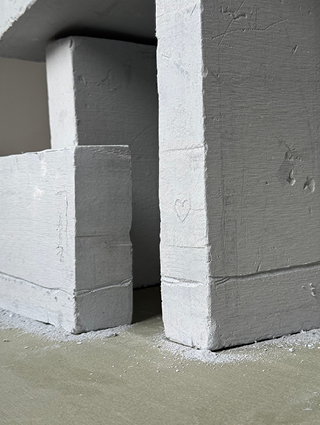

What does industrial farming have to say about the state of today’s planet? What is the relevance of material change in food systems for our lives? And why should we be concerned about the generation and circulation of waste in cities and the wider countryside?
Metabolism, or the biochemical transformation of stuff, the harnessing of organisms for productivity, and the circulation of materials across bodies, cities and environments, might seem an unlikely entry-point into urgent contemporary concerns, climate and health crises, and the future of humankind. Yet, with the biomass of livestock outstripping that of humans on the planet, and a third of the earth’s surface dedicated to animal feed, metabolism is pivotal for engaging future livability.
Cutting across society and economy, science and art, Metabolic Futures will initiate a much-needed conversation of how to understand and inhabit an altered planet. Opening up a transformed world hidden in plain sight, Metabolic Futures stimulates a different public awareness of the metabolism that drives society, economy and ecology, thereby prompting future ways of living well. Together we want to rethink the economic in light of environmental change and put our attention on the social fault-lines along which disruption is embodied.
With contributions by Andrew Barry, Maan Barua, Rehema Chachage, Kosmas Phan Ðinh, Sonja Dümpelmann, Hanieh Fatouraee, Matthew Gandy, Hannah Landecker, Mert Morali, Víctor Muñoz Sanz, Marco Pando
The event is part of the art, science & business program of Akademie Schloss Solitude, in collaboration with Künstlerhaus Stuttgart and Raupe Immersatt e.V.
Admission is free!
Programm
Friday, April 4, 2025
Where: Akademie Schloss Solitude
6 pm
Welcome & Introduction
Where: Akademie Schloss Solitude
6:30 pm
Distilled, Emulsified, Suspended: On Viscosity and Time in the Metabolism of Mass Production
Keynote Lecture by Hannah Landecker
Where: Akademie Schloss Solitude
8 pm
Grains of Fragility
Sound Piece by Mert Moralı
8:30 pm
Foodsharing-Dinner
Saturday, April 5, 2025, 11-14:00
Where: Café Raupe Immersatt
11 am
Pick Your Substance
Investigative Schnippel-Aktion
Have you ever wondered about all the substances in the ingredient lists of daily foods? The workshop at the foodsharing Café Raupe Immersatt invites you to take a closer look at exactly these different materials. We will pick substances from a list of ingredients, prepare food together and get in conversation with invited scientists, who are experts on how food industries work and on the topic of metabolism. While we prepare snacks and eat them, we want to learn together about the cycles of the substances: How and where are they produced? In what way do they influence our bodies? And what are the ecological and social consequences of this production?
2 pm
Soundwalk: Listening to Leaks
Urban Sound Walk with Kosmas Phan Ðinh
How can listening become porous – an act of rearranging (inner and outer) space? How are our bodily digestive and fluid systems rhythmically related to the surround? And which sounds have been sidelined to the margins of urban spaces? Via listening exercises, live field recordings and sonic transmissions, the soundwalk with Kosmas Phan Ðinh is an invitation to explore these questions collectively. Along several stations in Stuttgart’s west, such as the amphibious ecology of the Feuersee, you are invited to walk, digest and listen together – while slowly dissolving in the intervals of urban metabolism.
Where: Meeting point at Café Raupe Immersatt
Saturday, April 5, 2025, 16:00
Where: Künstlerhaus Stuttgart (2nd floor)
4 pm
A communal table gathering with
Planetary Metabolism and Chemical Geography, a lecture by Andrew Barry on the relation between the metabolism of living bodies and global political economy &
Cowborgs in the Polder: True Type, a video presentation by Víctor Muñoz Sanz on the design logic behind contemporary animal breeding to maximize dairy production.
Sofreh #1, a video screening by Hanieh Fatouraee and a reflection on the uncanny public exhibitory activities where people place bread around the city of Istanbul for animals and those in need to consume &
The Metropolis and Metabolic Life, a video presentation by Maan Barua, that draws on a visual ethnography of broiler chickens in India to unravel relations between cities, economies and the urbanization of nature.
Urban metabolism redux, a talk by Matthew Gandy on multispecies metabolic entanglements, on cities and their agricultural hinterlands, and on alternative metabolic readings of urban space &
Invasive Exotic, a short animation screening by Marco Pando on what would happen if the Bauhaus extended its principles to invasive plants &
The Open Weave I, a video screening by Rehema Chachage in which we encounter cross-legged figures weaving plucked flowers into a long, growing chain. The work is an invitation for us to reconsider how our bodies, gestures, and environments remain entangled, and how, through acts of making and remembering, we might continue to weave futures that acknowledge and honor the past.
8 pm
What You Eat Eats
A roundtable discussion with special guests and local initiatives
9 pm
Mixed Pickles Dinner
with Claudia Dietz and Juli Gebhardt
With kind support from the ERC Horizon 2020 Starting Grant (Urban Ecologies, Grant No. 759239).

The children’s workshop of Künstlerhaus Stuttgart e.V. is located in the immediate vicinity of the main building at Augustenstraße 67b. Over 70 children come together here every week in fixed mixed-age groups to try out artistic materials and techniques together with artists and art educators and to pursue individual creative ideas.
In recent years, the cramped conditions of the rooms in the basement have posed an increasing challenge for the workshop work. The lack of work, storage and alternative space led to the idea of multiplying the existing space inwards, so to speak: The idea of a design exploratorium in the back room of the workshop was born.
As part of a study project in the summer semester 2024, the students Carlo Twiste, Jim Wolff, Raphael Rychlik, Florian Klein, Vincent Wolf, Noah Mangold, Liska Langensteiner, Theresa Weigand and Erhan Türk from the architecture course at ABK Stuttgart developed a design for a ‘design exploratorium’ under the supervision of Prof. Dr.-Ing. Stephan Engelsmann, Tobias Laukenmann M.A. and the head of the children’s workshop Stephanie Bollinger-Casale. The room furniture, which also opens up the height and width of the room by means of additional levels, combines ‘building for children’ with the idea of a “question-asking room”. It forms the basis for a wide range of further designs and three-dimensional interventions by the workshop children.
The planning and execution of the woodwork was carried out by the students themselves.
The workshop team would like to thank all the students involved, especially Carlo Twiste, Erhan Türk and Florian Klein, also Stephan Engelsmann, Tobias Laukenmann, Siggi Kalnbach (technical director of the Künstlerhaus) and Romy Range (general manager).
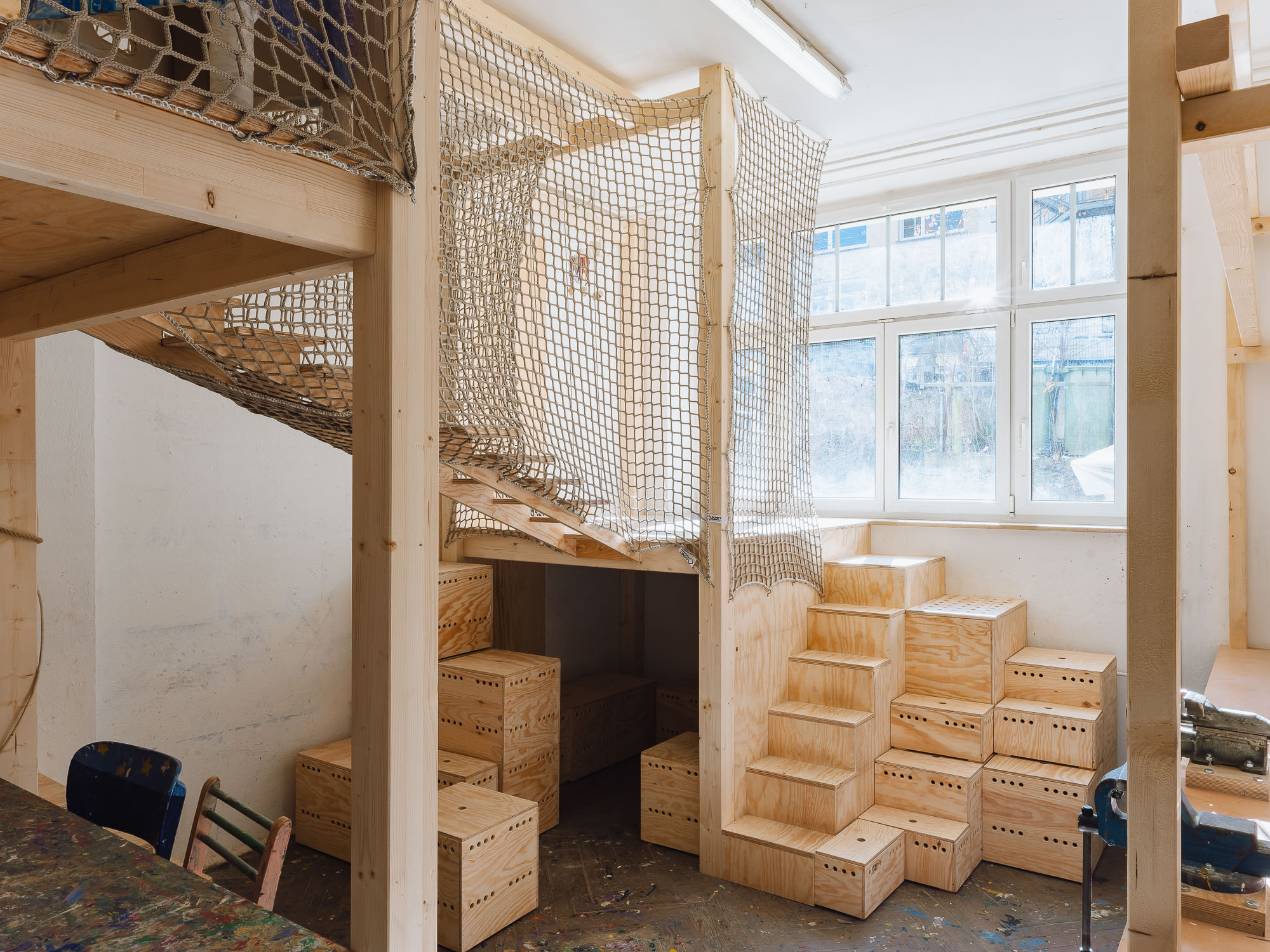
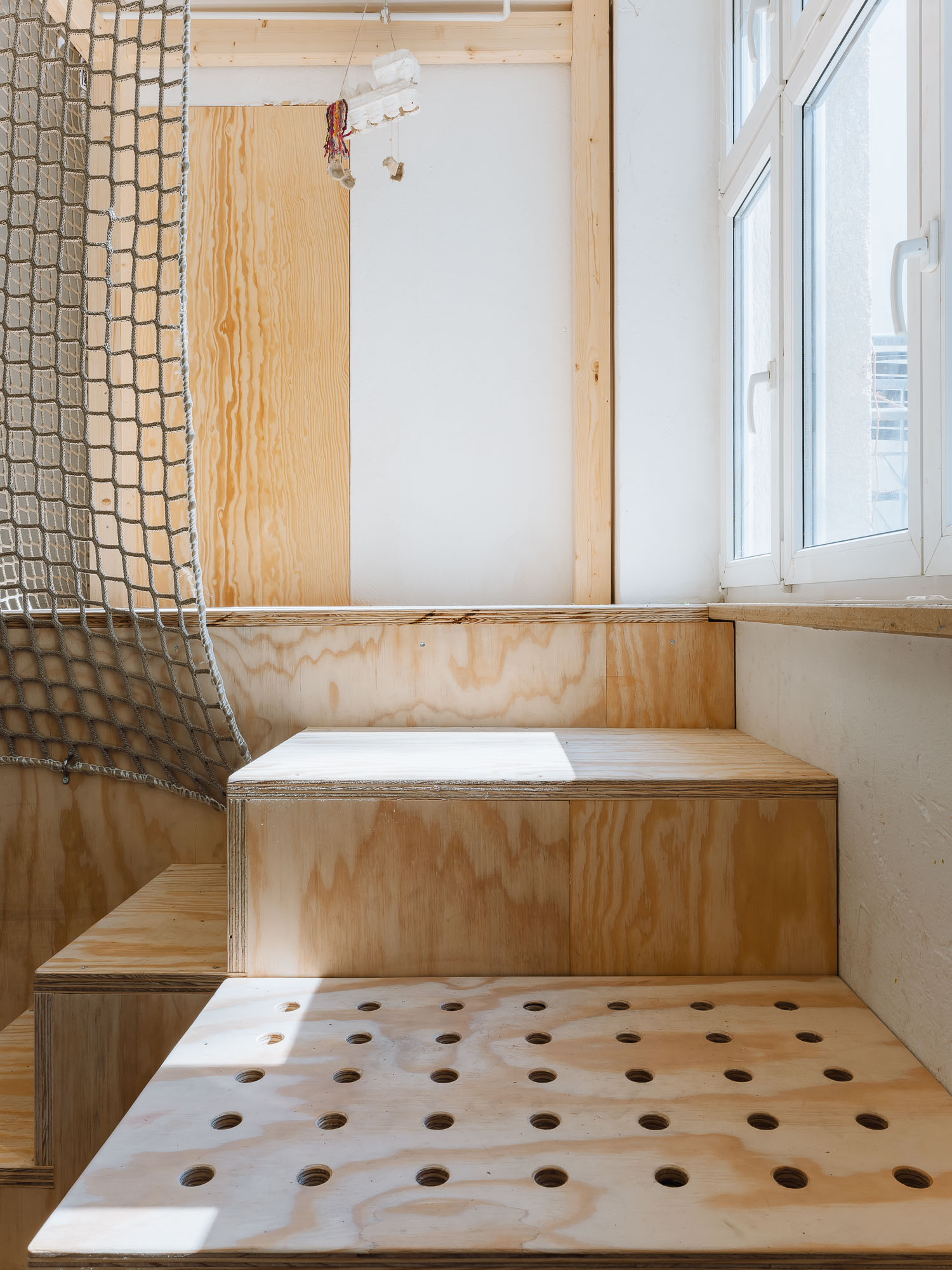
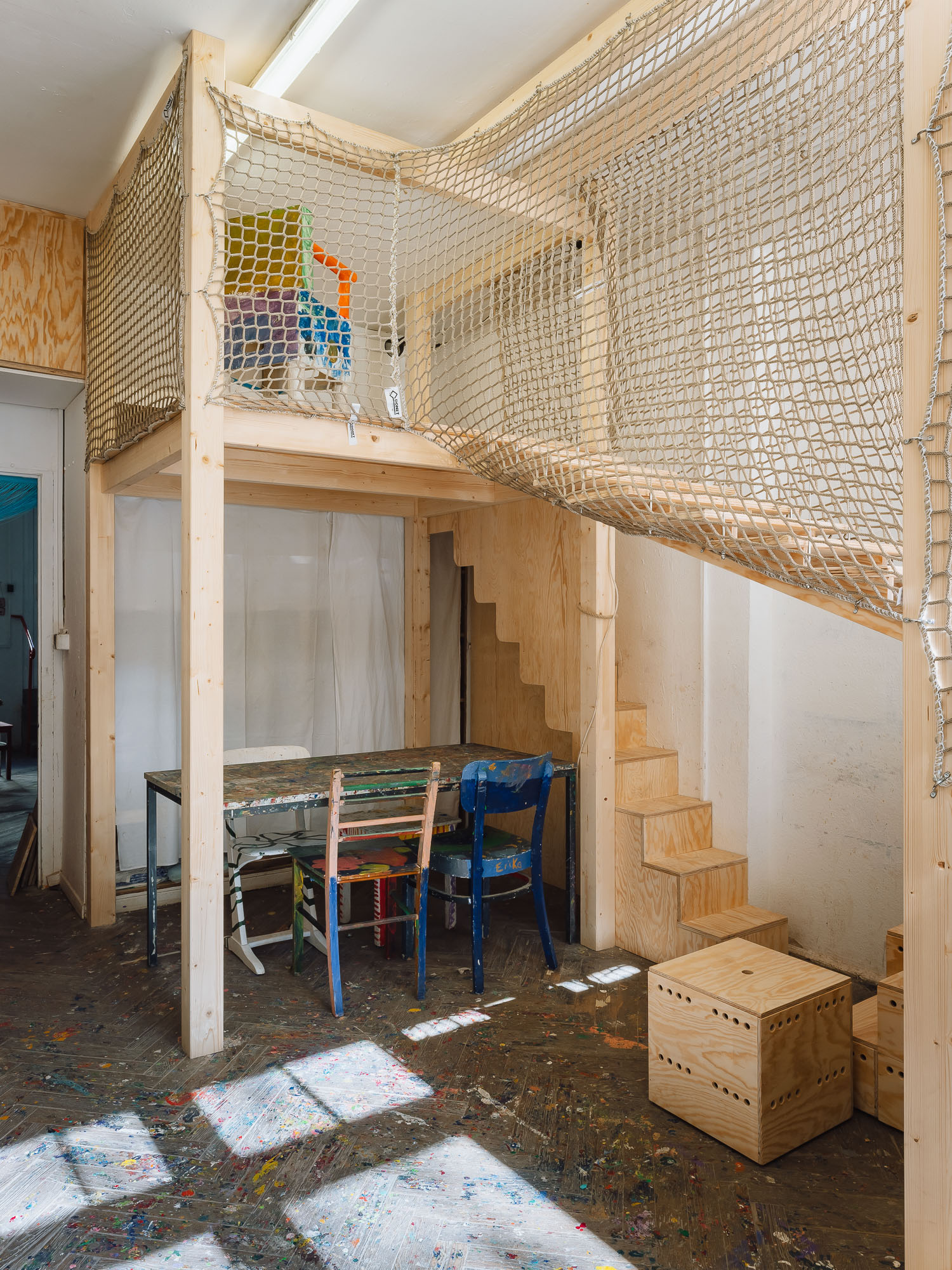
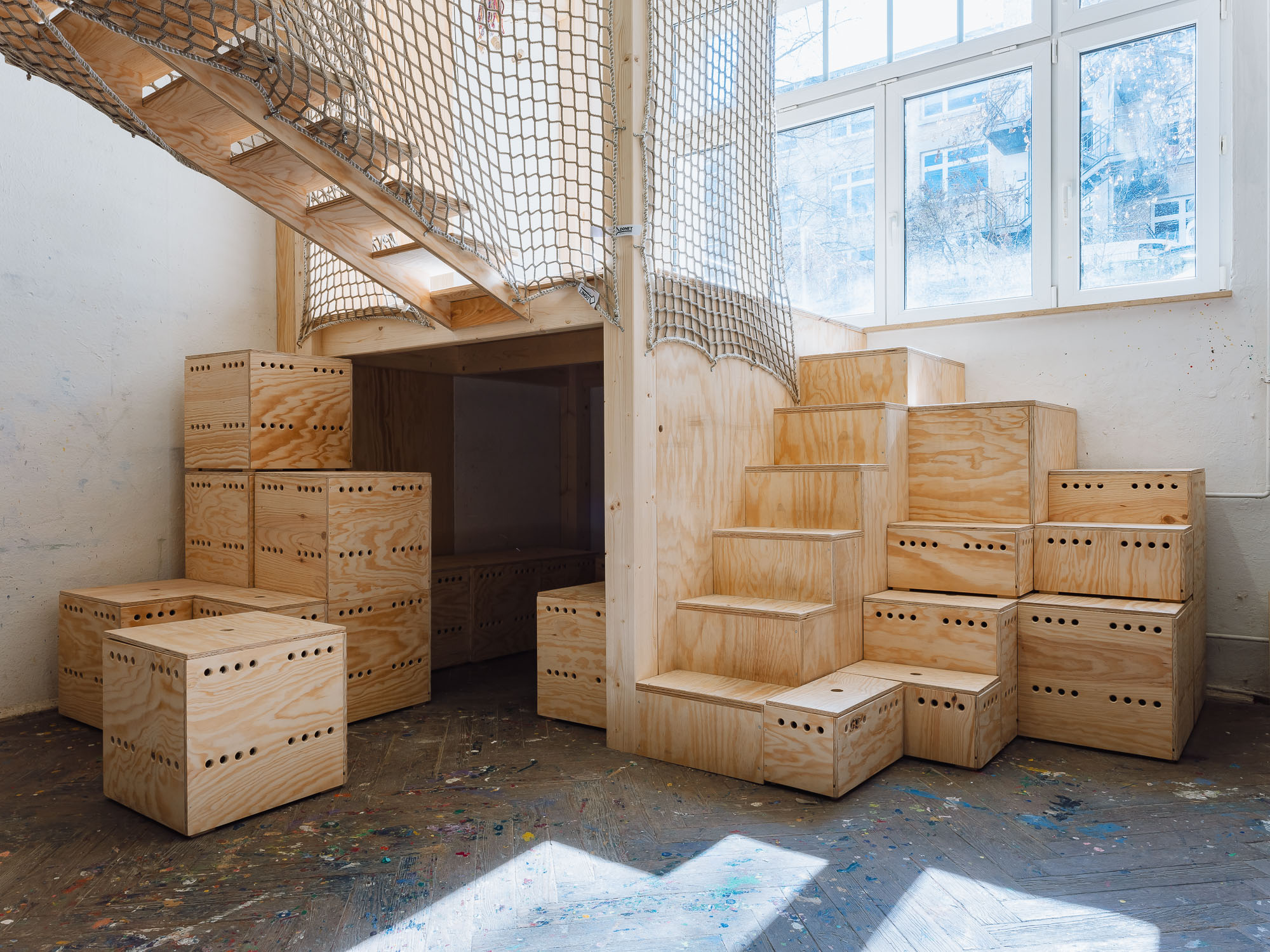


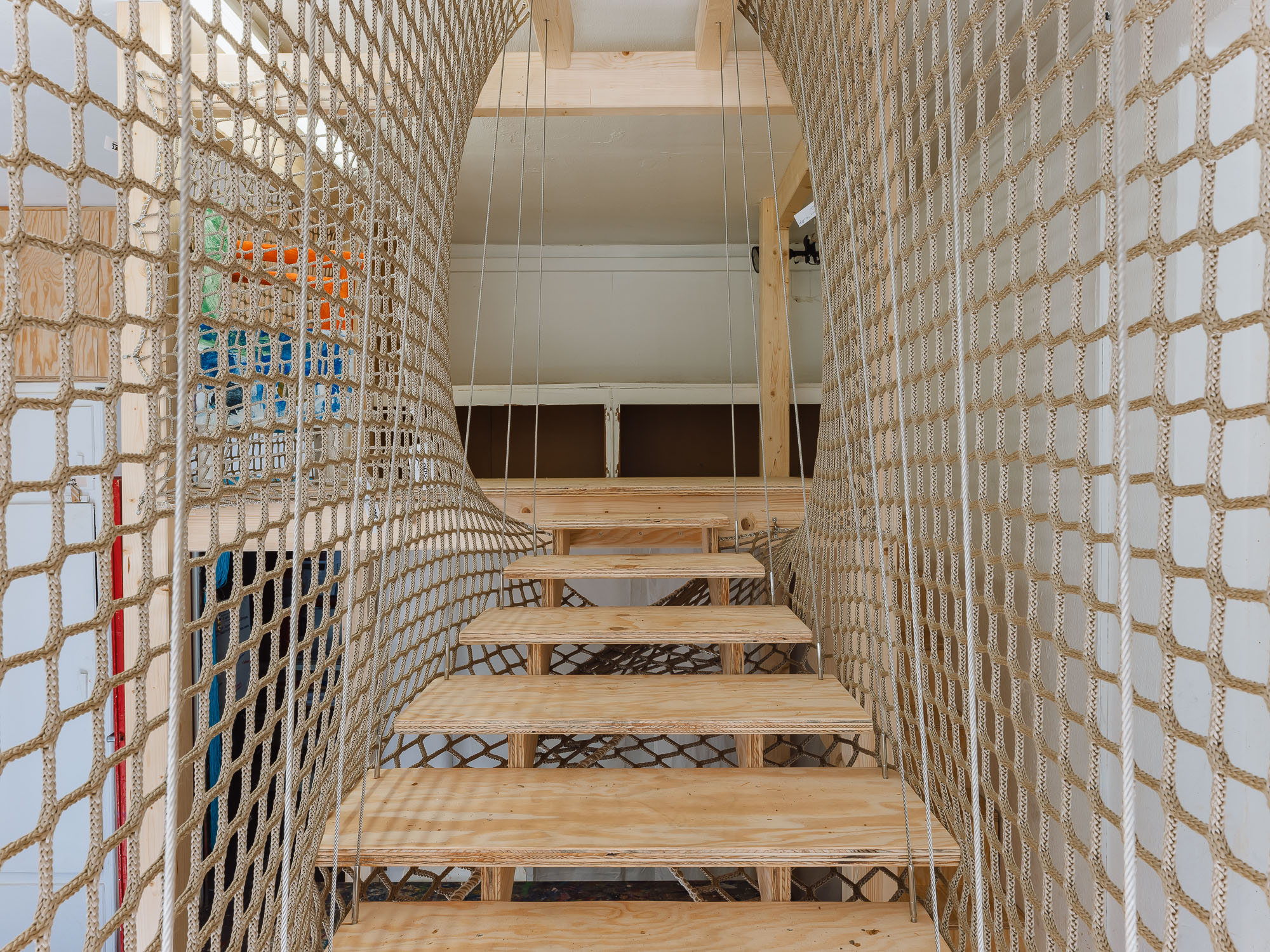
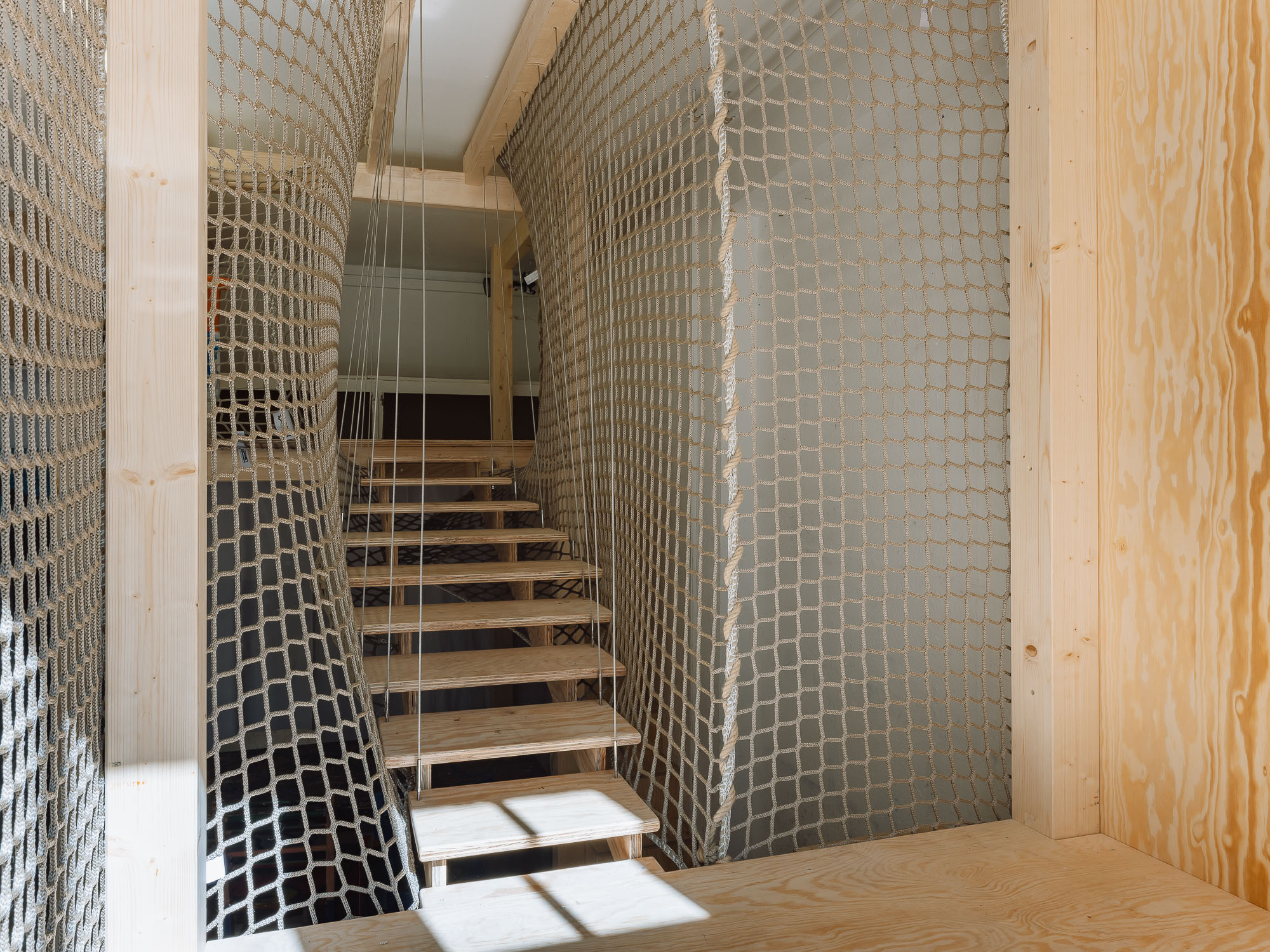

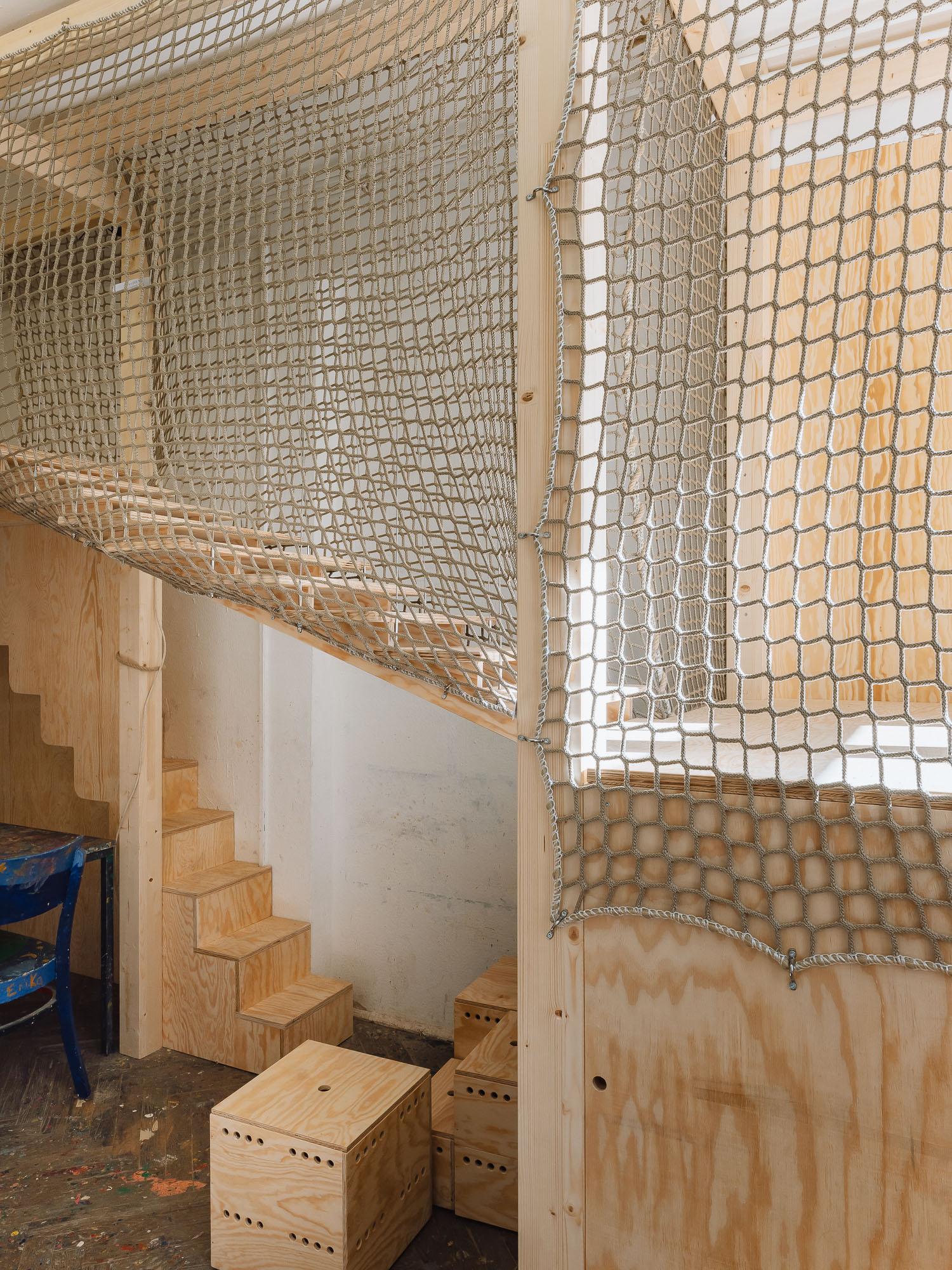

During a walk to the chapel in the Höhenpark Killesberg, we will use measuring instruments such as the Geiger counter to approach a phenomenon that is invisible to humans: radioactive radiation. While man-made contamination caused by accidents in the use of nuclear energy and numerous nuclear bomb tests characterize the landscapes of the Anthropocene, there are also naturally occurring radioactive substances in our everyday environment. In the chapel in Killesbergpark, we will carry out a measurement on a naturally uranium-containing sandstone.
Afterwards, we will visit the “Earth Time” atmosphere together in the Künstlerhaus and there will be time to discuss the connection to the local phenomenon of the radioactive chapel.
Sunday, March 30, 2025 10:00-12:30
Meeting point: 10:00 U-Bahn stop Killesberg exit stairs direction Killesbergpark
with Bernd Laquai (measurement engineer and citizen scientist)
and Isabel Motz (graphic designer and artistic researcher)
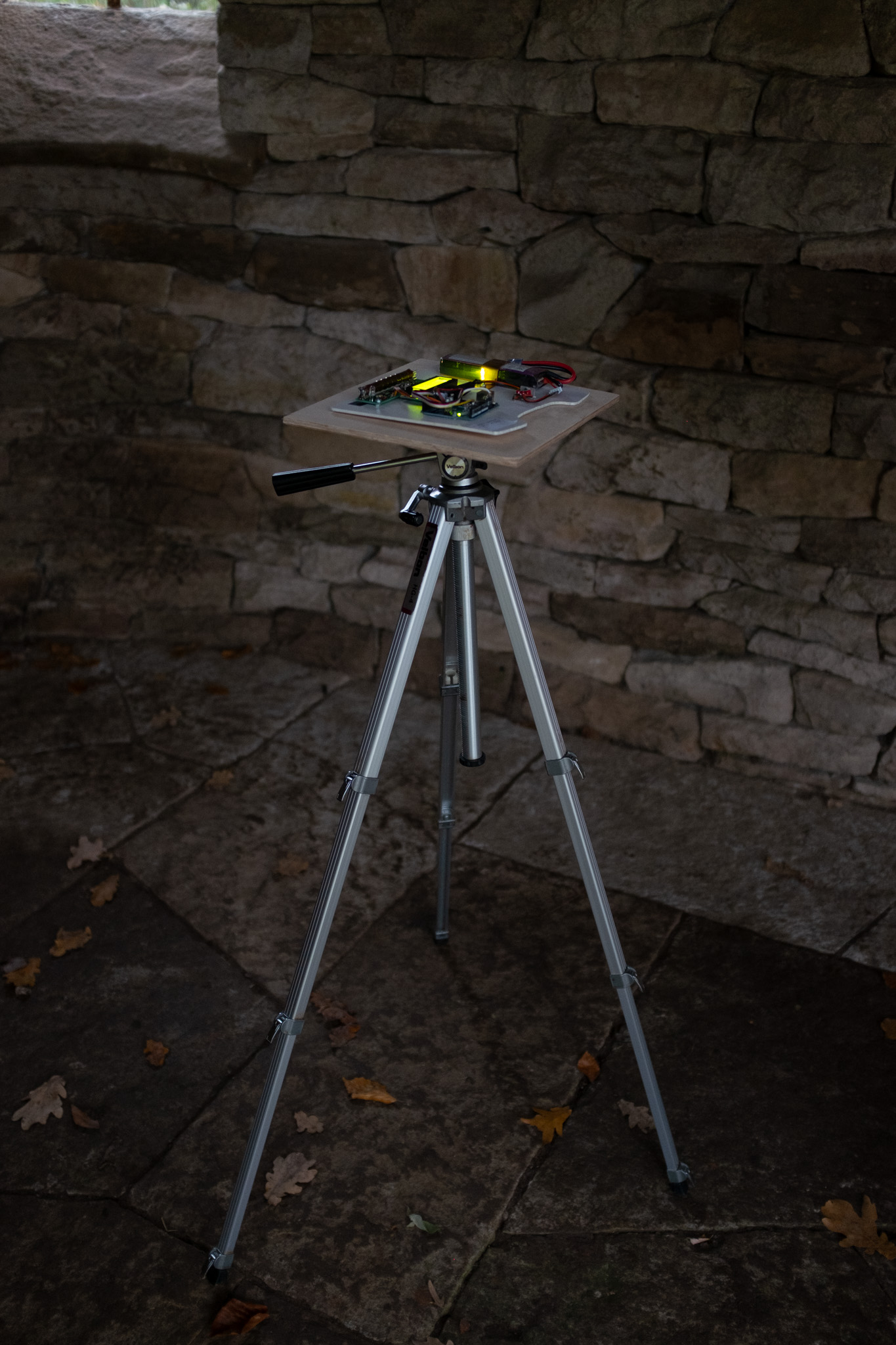




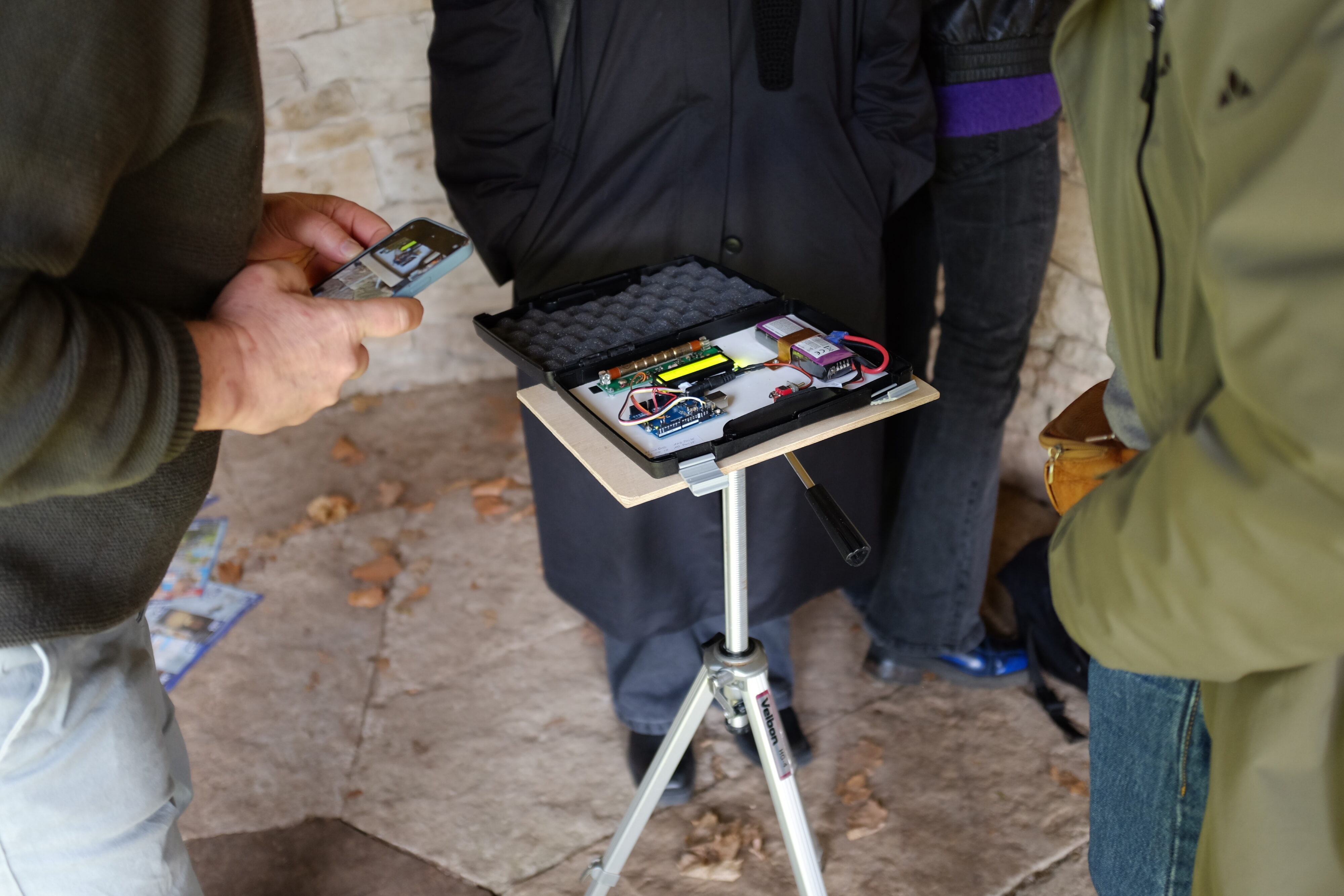
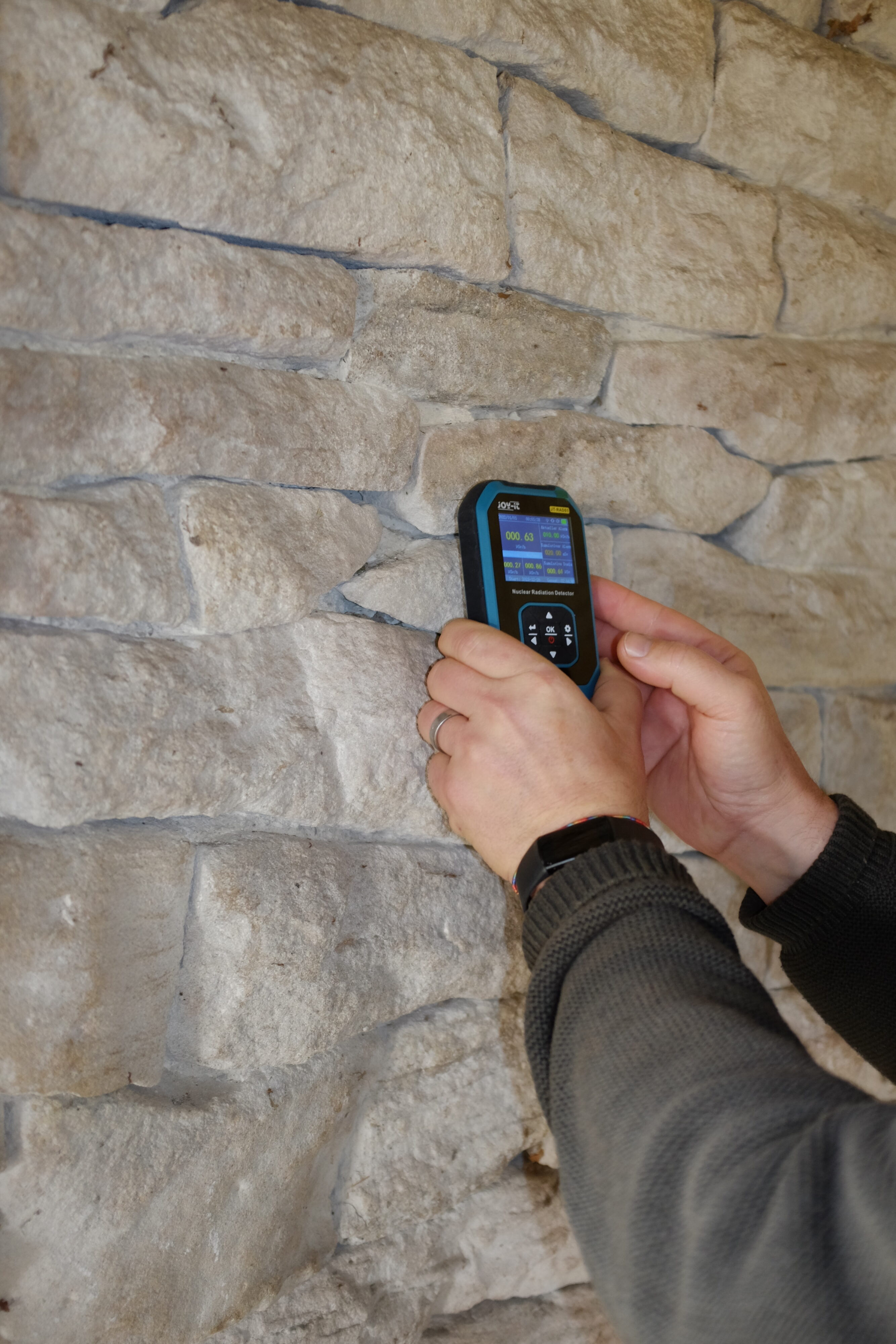
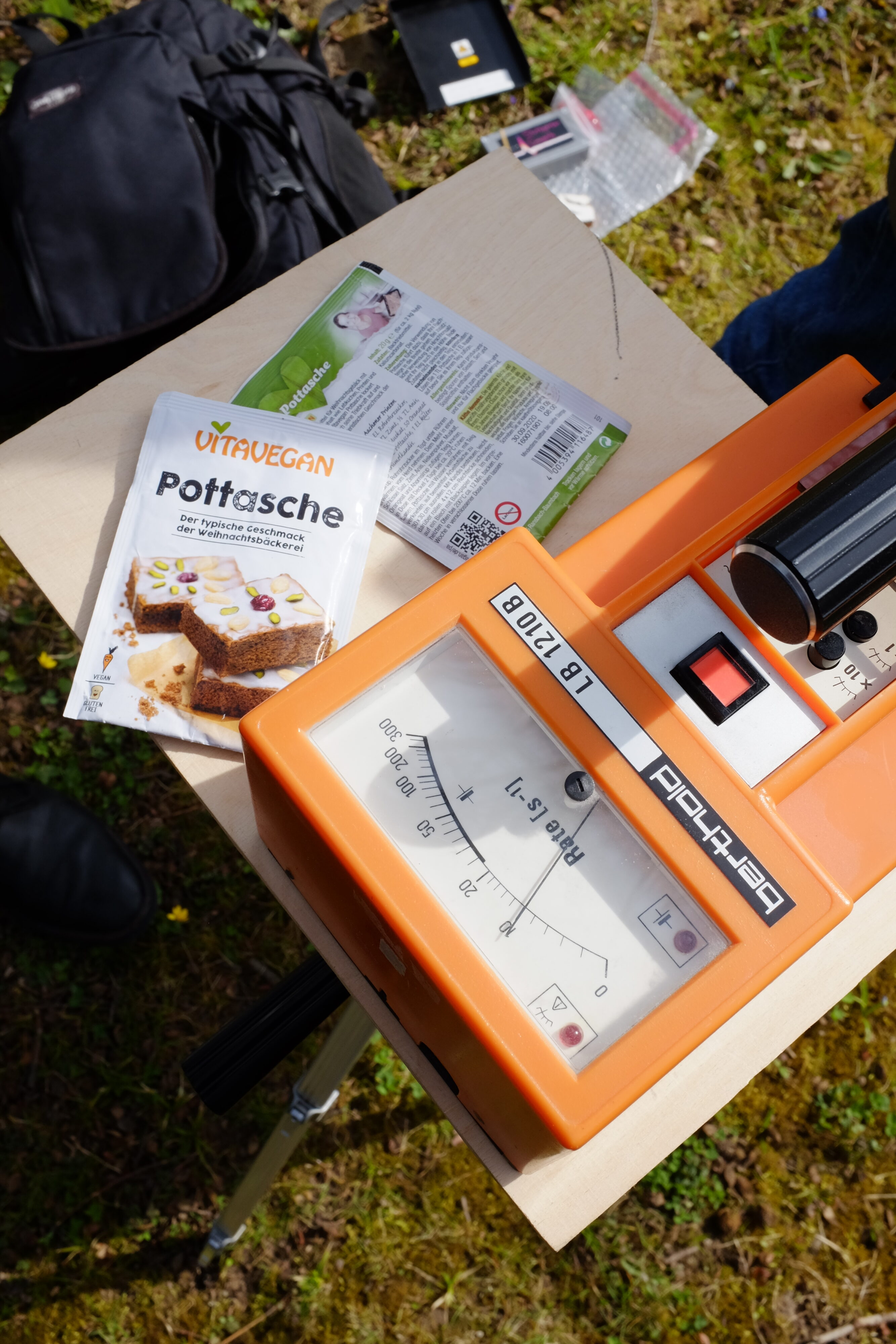
The fourth chapter of the exhibition series on the concept ‘Kinoiserie, Briller comme mille soleils / Shining like a thousand suns’ by studio holder Lambert Mousseka focuses on the return to authenticity and the birth of sapologie*.
Five years after taking control of the Congo, Mobutu announced a ‘return to authenticity’. This return meant removing everything that related to the West, such as the name of the country and its people as well as Western fashion. The initial euphoria quickly turned into a tangible dictatorship. Anyone who opposed it was punished and humiliated in public. This was the birth of sapologie.
On 29 March, a tribute to Congolese women will take place at Künstlerhaus Stuttgart in the form of discussions, dialogues and participatory sapologie. Visitors are invited to become a ‘Monument Vivant’ (a living work of art) and to sap together with the members of the Kasai Wetuawu e.V. association and enjoy the ‘authentic’ African fabrics and food.
Saturday, 29 March 2025, 6 pm
3rd floor (studio floor)
*SAPE – Société des Artistes et de personnes Elégantes (Society for Artists and Elegant Persons). Sapologie is the philosophy and a sapologist is the person who practices this philosophy.
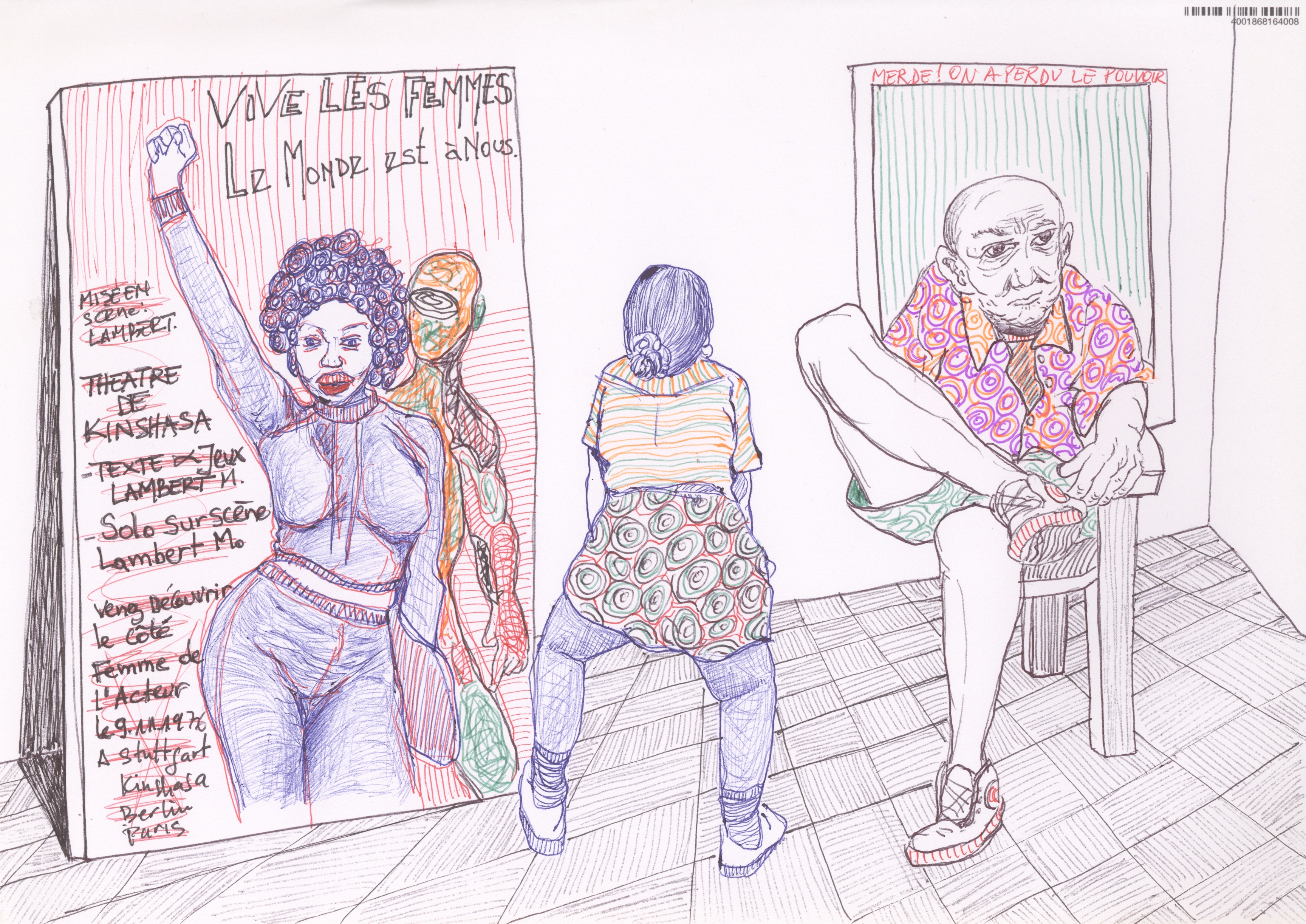
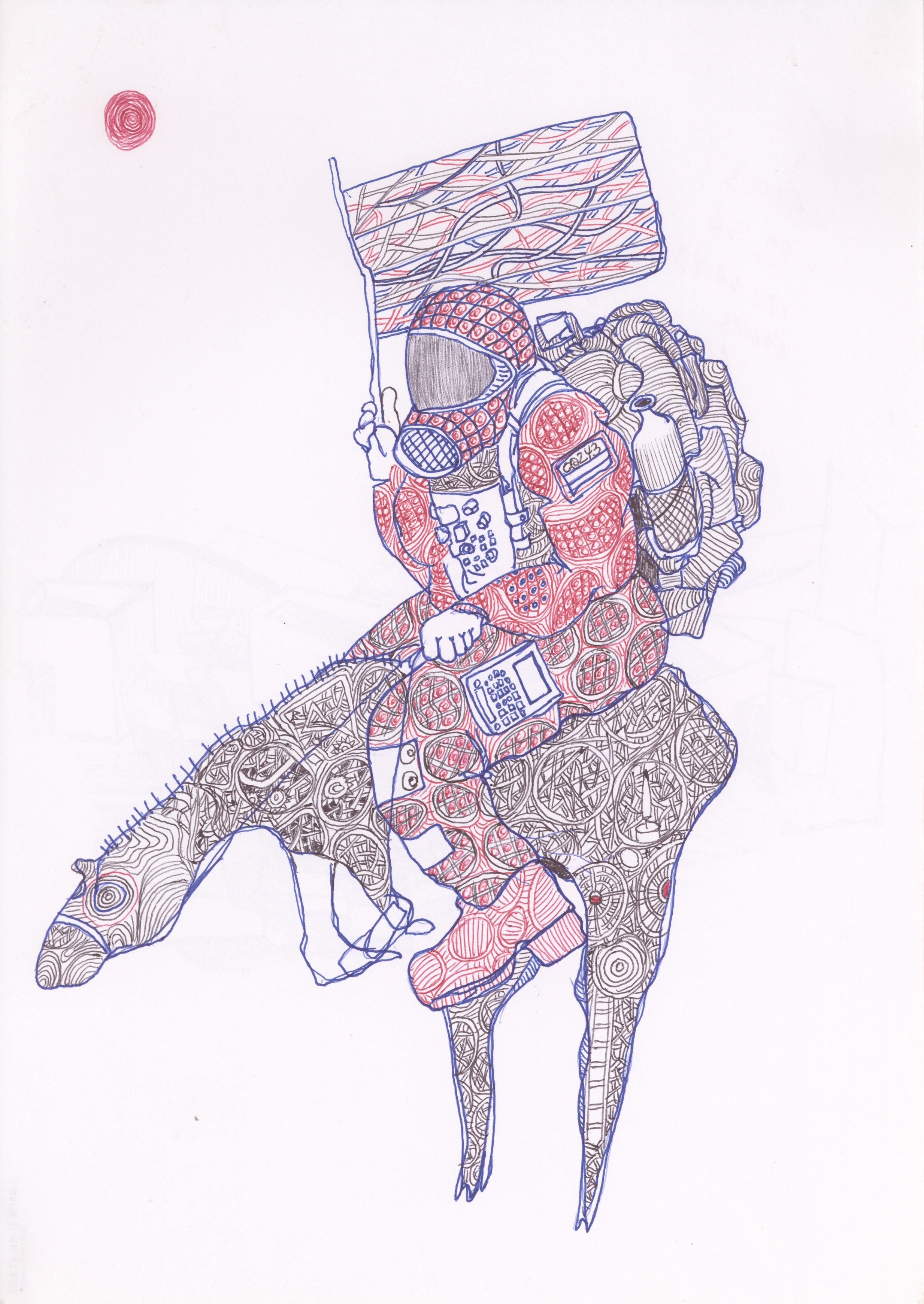

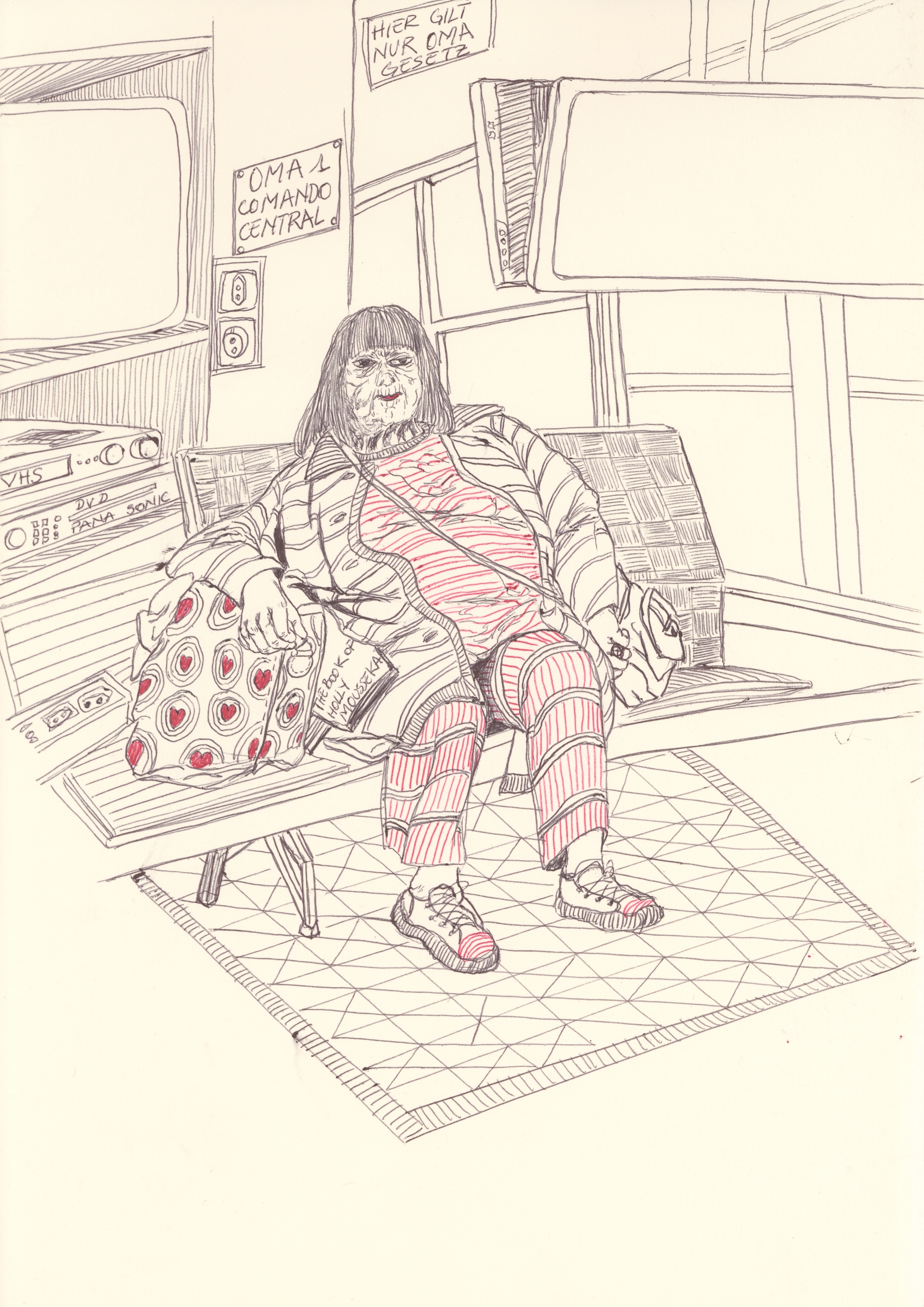
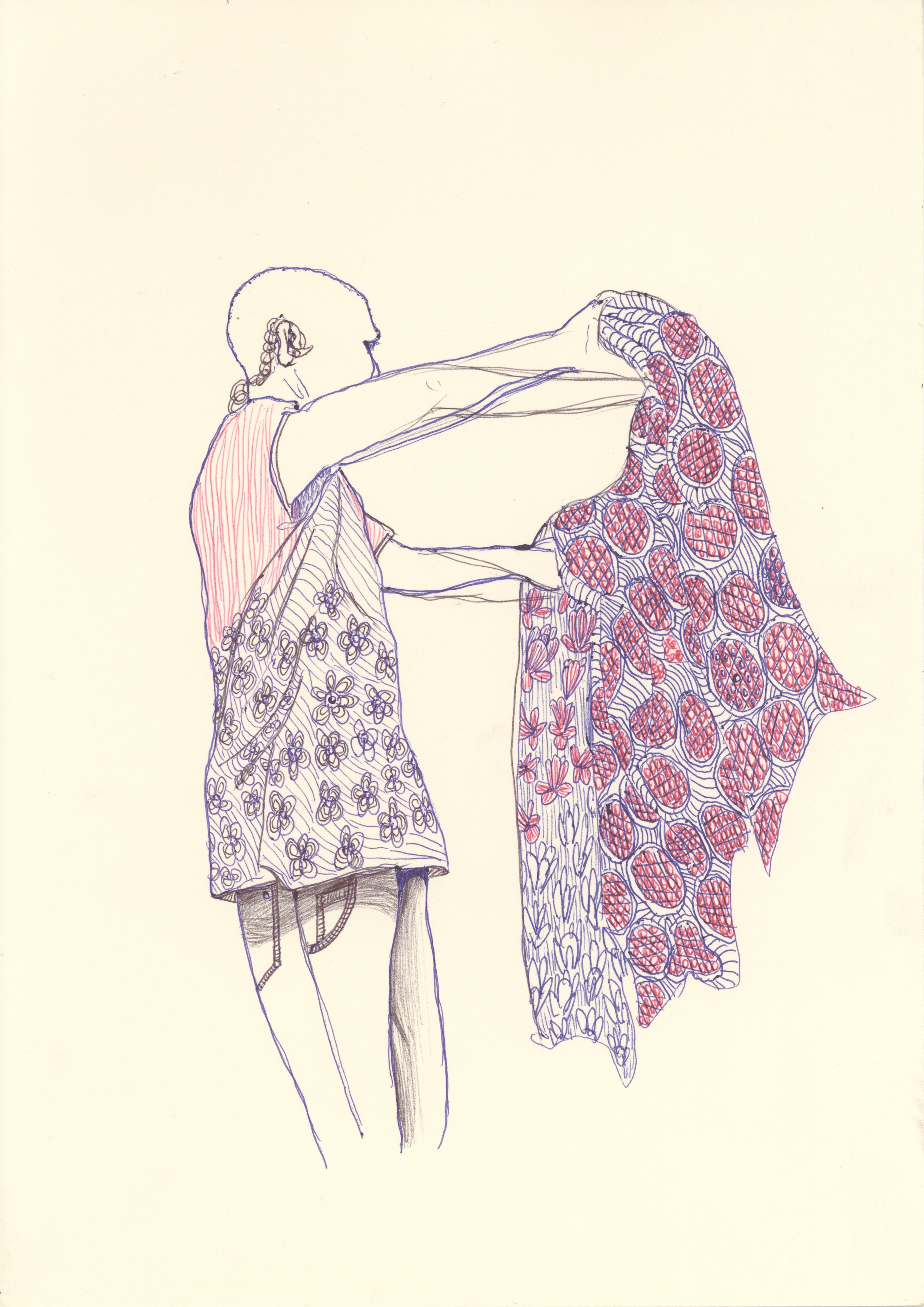
The Künstlerhaus Stuttgart presents, alongside books by special guests, a selection of artists books, prints and printed matter from the collection of the Centre des Livres d’Artistes — cdla, a cultural gem in the town of Saint-Yrieix-la-Perche, in rural south-west France.
It is broadly acknowledged that artists books constitute a kind of artistic ecosystem in their own right, conforming neither to the logic of exhibitions nor to the protocoles of publishing. It is precisely an ecosystem of this kind that the Centre de livres d’artistes (cdla) — one of the foremost archives of artists books in France, and amongst the finest worldwide — will present on the Künstlerhaus Stuttgart’s second floor this spring. An atmosphere of clouds, air and soil, along with a cartographer’s corner, echoing ideas central to the Künstlerhaus’s programming this year, will sustain this ecosystem. The title of the project, ECHO-LOGY, is lifted from a little-known 1975 publication by artist Allan Kaprow, featured in the exhibition, setting the playful atmosphere of aesthetic and formal echos between the different artists books and artists maps, all within a wide-angle focus on ecological considerations.
That ecological themes are often the leitmotif of artists books is linked both to how they circulate and how they are showcased. Artists books, because they are invariably printed in very limited editions, are typically shown in vitrines. In one way, this is to protect them. But presenting them under glass also sets them apart in a semi-autonomous ecosphere — not unlike plants in a greenhouse. This ‘greenhouse effect’ may be seen to work analogously in exhibition practice and in horticulture, focusing the energy of the gaze like that of the sun, allowing seeds, forms and ideas to sprout and flourish. It is also with this multidirectional echo between exhibition and horticulture, between ecosystems of plants and those of books (which, materially speaking, are also plants), that this Echo-logy will play.
It seems important in the framework of ECHO-LOGY to bear in mind that books are plants, or at least that they were plants in an earlier life and shape. And this is something we — all of us — share with books, because we too are plants, or used to be, inasmuch as whatever it is we are is comprised entirely of the vegetal life we have metabolized in one form or another (since plants are the basis of the food web in nature). And that vegetal life grew by photosynthesizing the energy of the sun — of an astral body — encapsulating it in the mineral matter of the earth, accumulating more and more light inside the molecular structures of a plant. When that solar-charged plant life is modified to take on the form of a book, that book becomes a depository and embodiment of cosmic energy — not in some lofty metaphorical sense, but materially — and it stubbornly though discretely echoes its material legacy (one might even say its otherworldly sources) at every turn, though we may overlook it at times. From a material perspective as well as an ecological one, then, a book is an agent of metabolization — both as an object and as a support for shapes, colours, forms and words.
Because artists books playfully foreground their materiality, which remains insubordinate to conveying any extrinsic message, they serve as useful reminders that they are first and foremost metabolic agents, rather than objects of mediation, and that they ‘use the land as its own map,’ as Lewis Carroll famously put it in Sylvie and Bruno Continued (1893). It is into a material and visual dialogue of this kind that we have invited Stuttgart-published book artists Christina Schmid, Shinroku Shimokawa and Ingar Krauss to engage with the work of some two-dozen artists books from the cdla collection.
Curated by Didier Mathieu & Jean-Marc Berguel (cdla) and Tamarind Rossetti & Stephen Wright (Künstlerhaus Stuttgart).
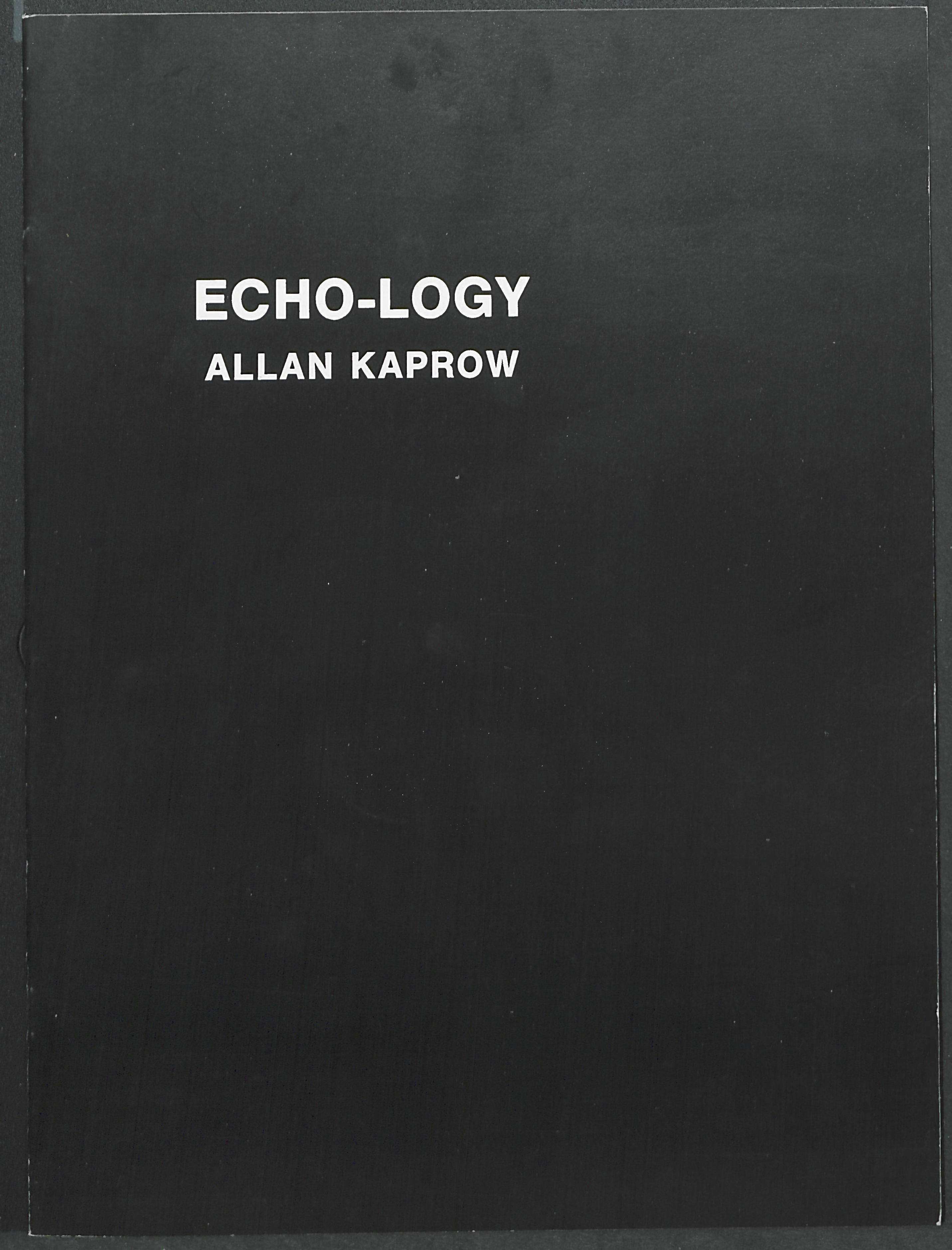
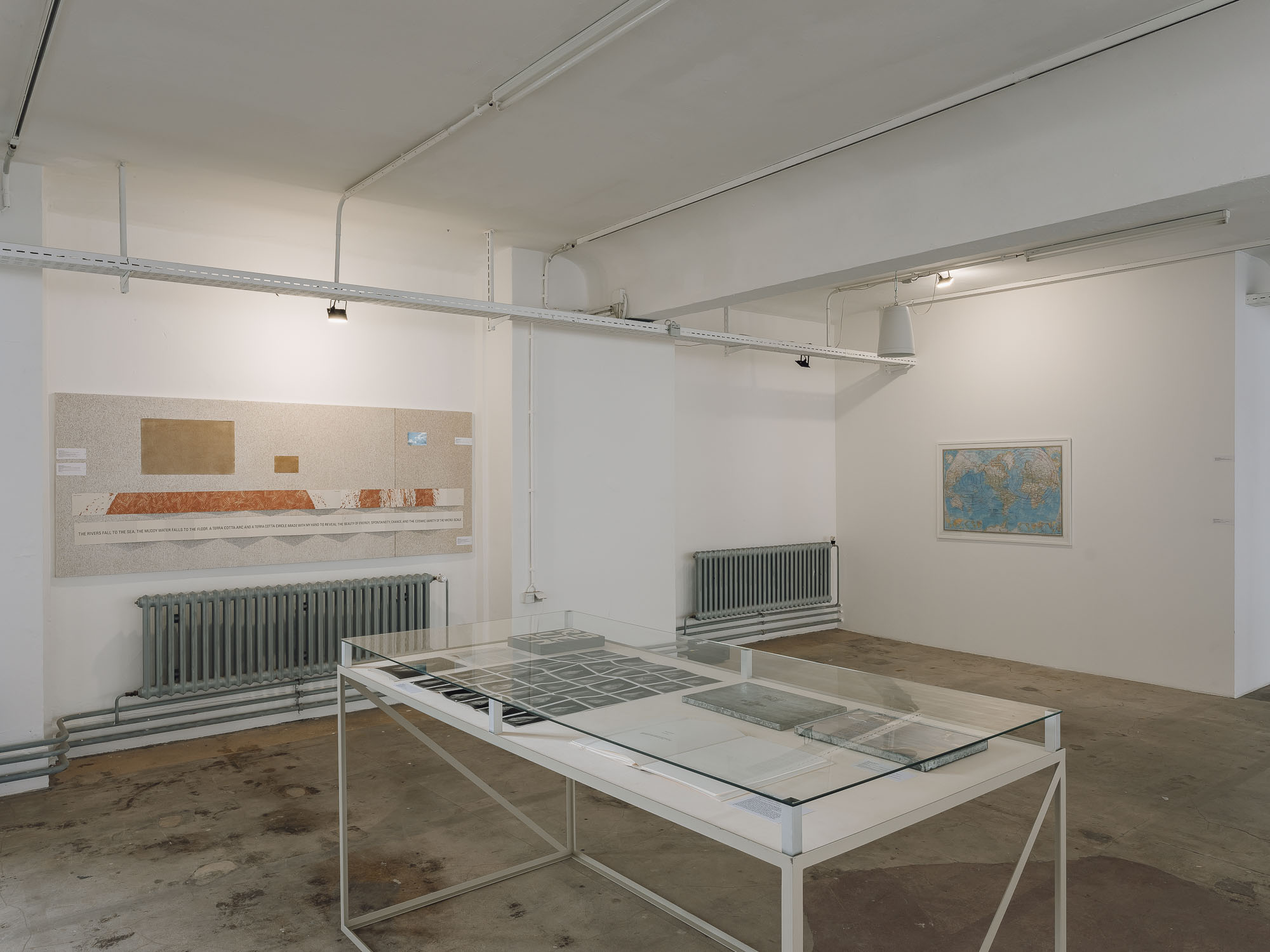
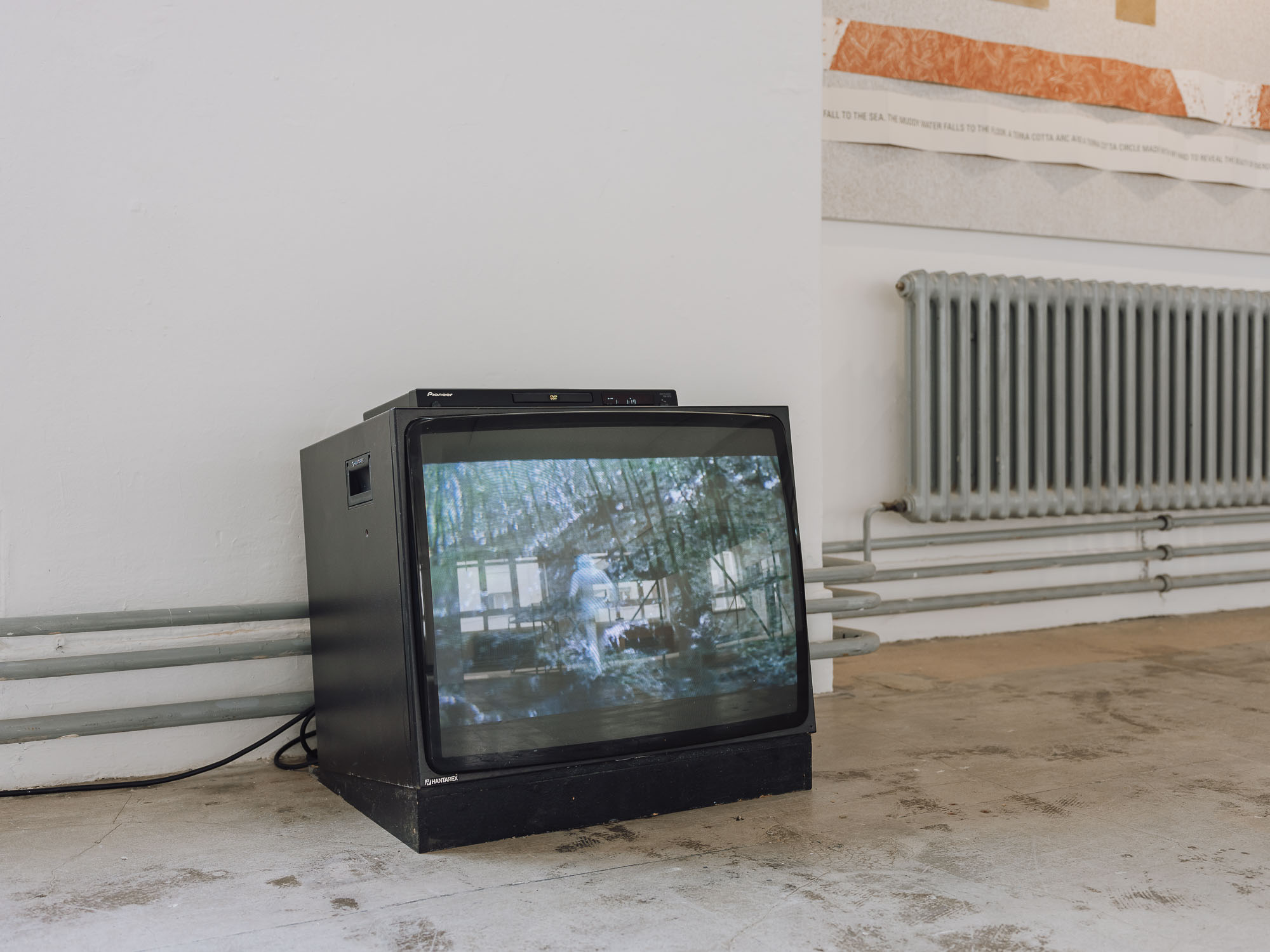
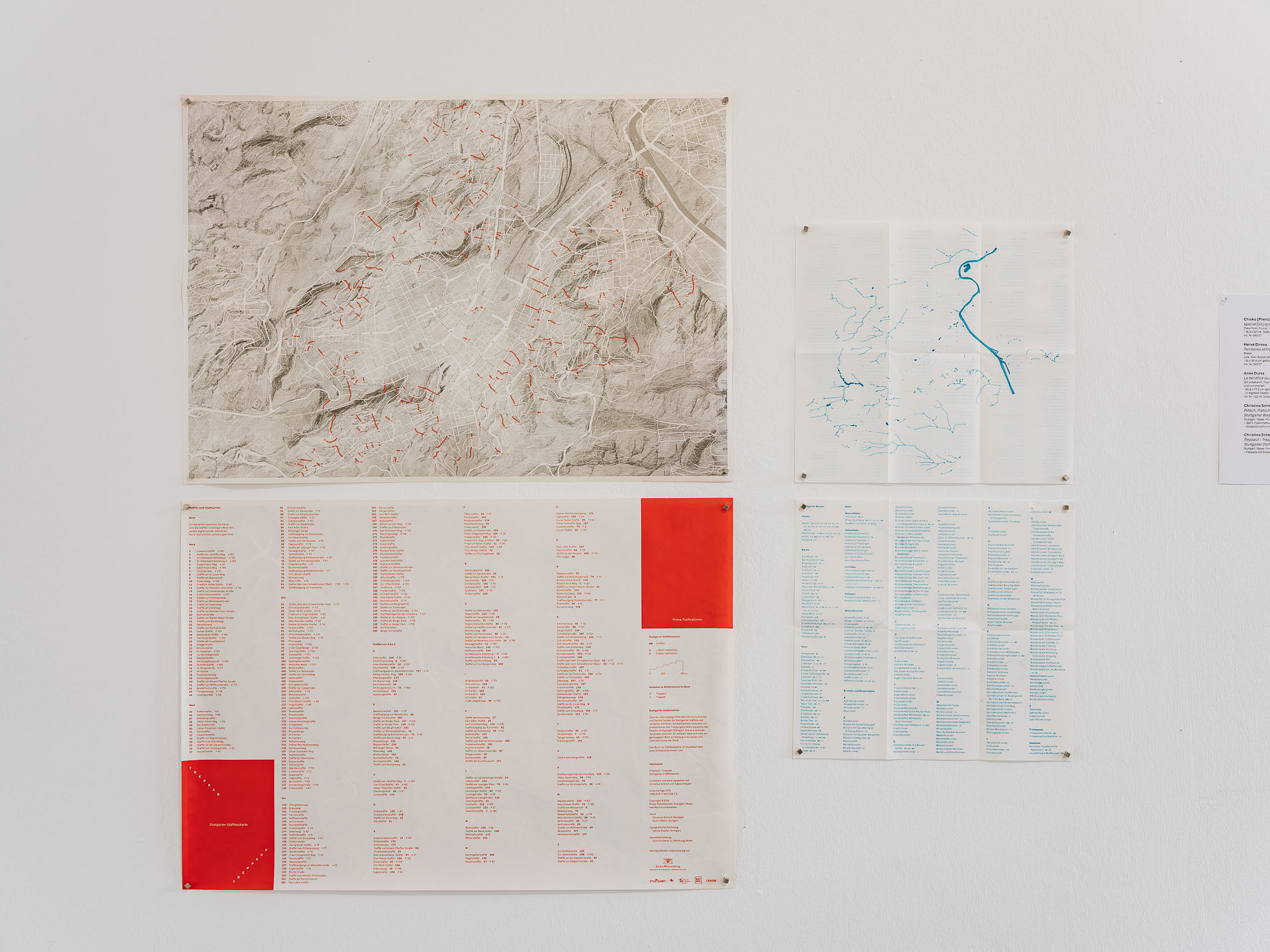
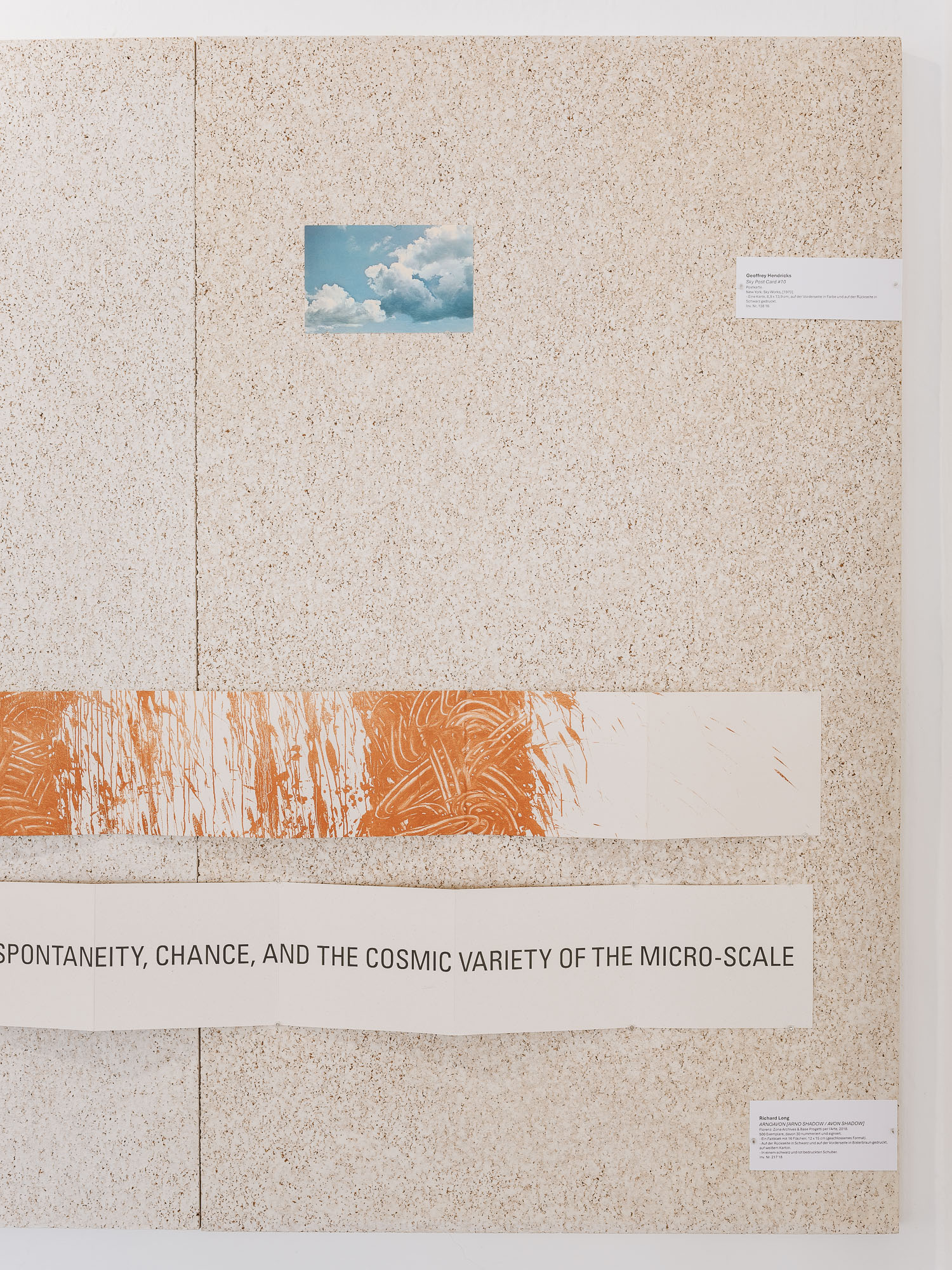
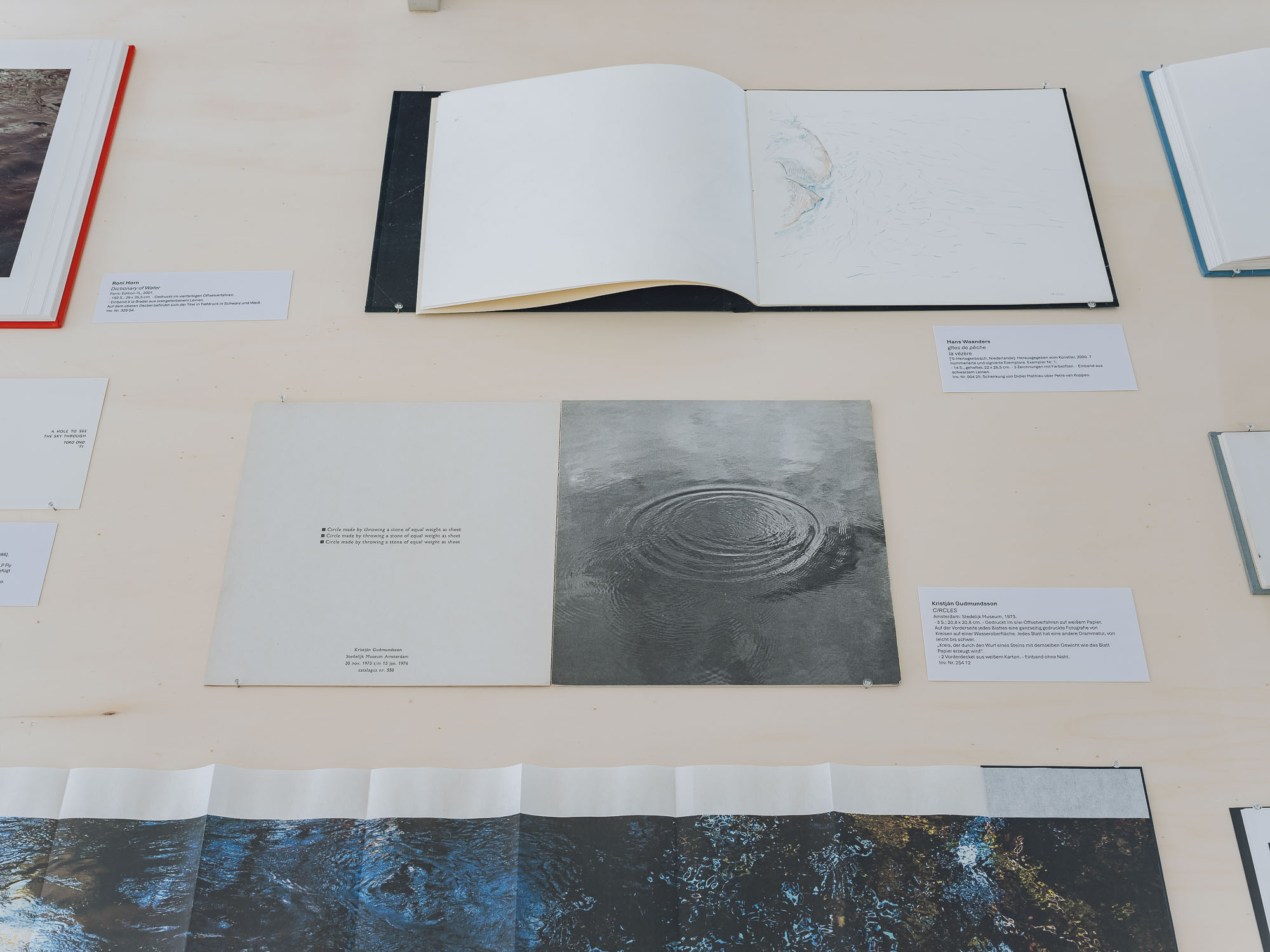

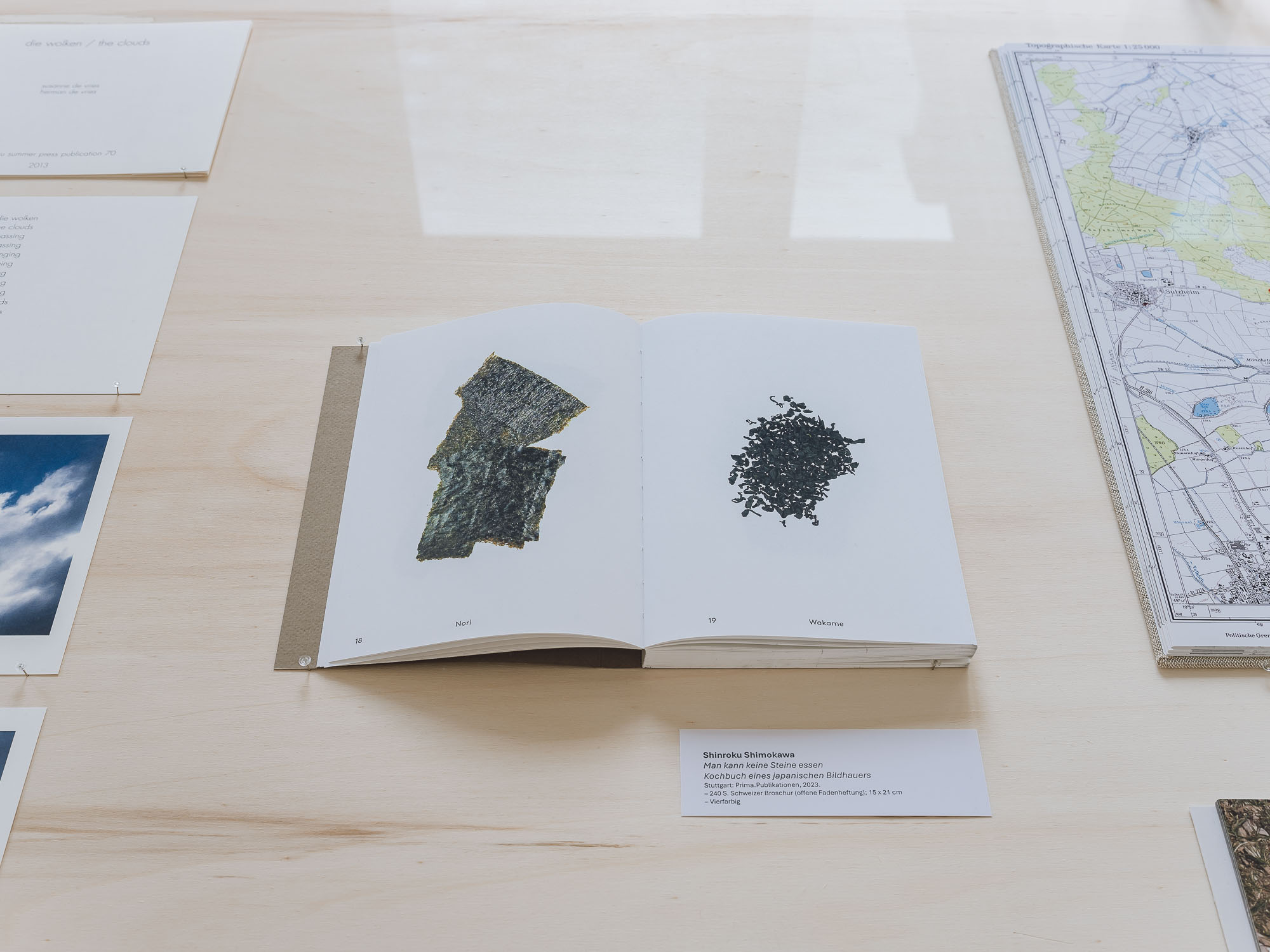
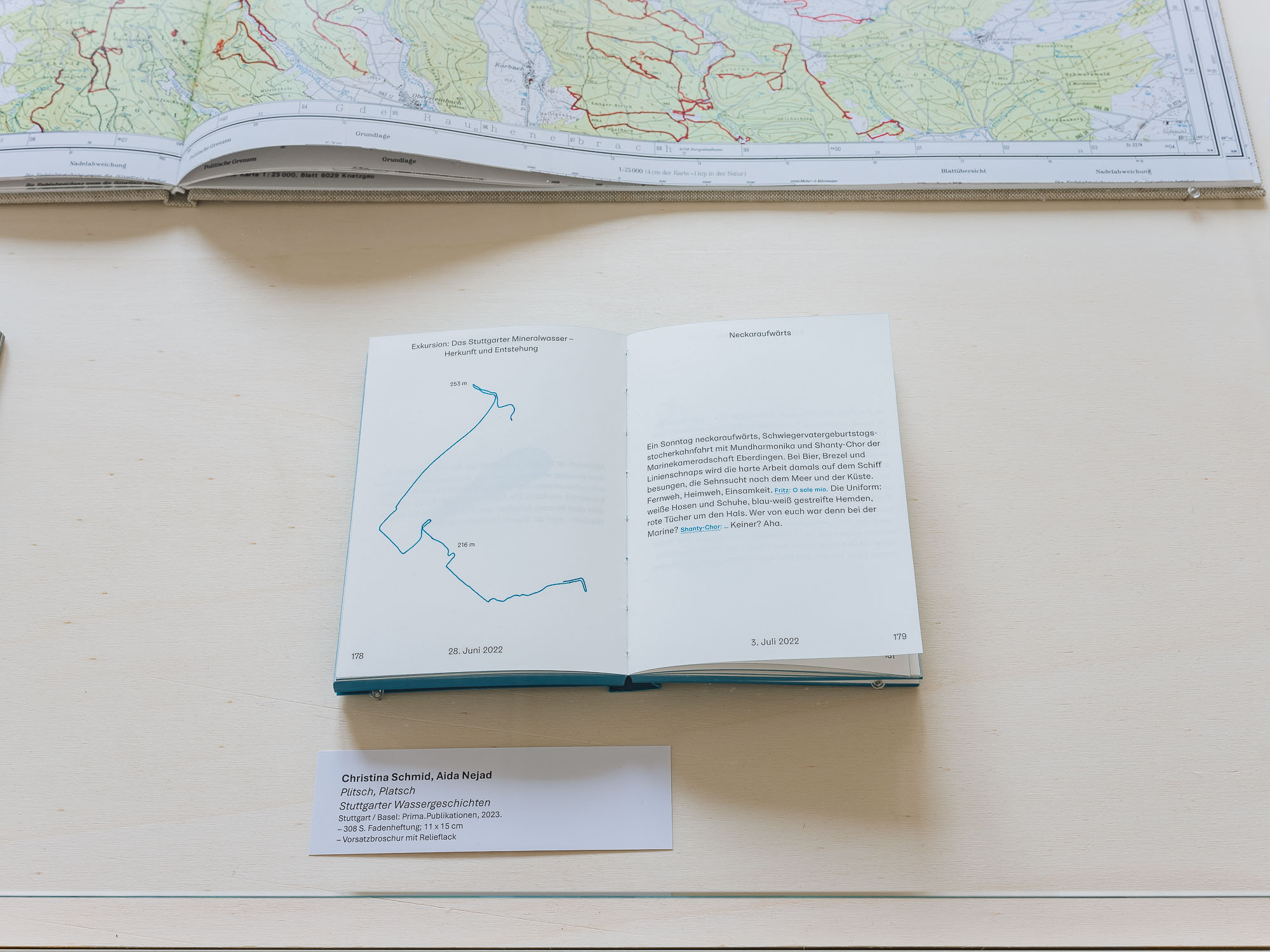
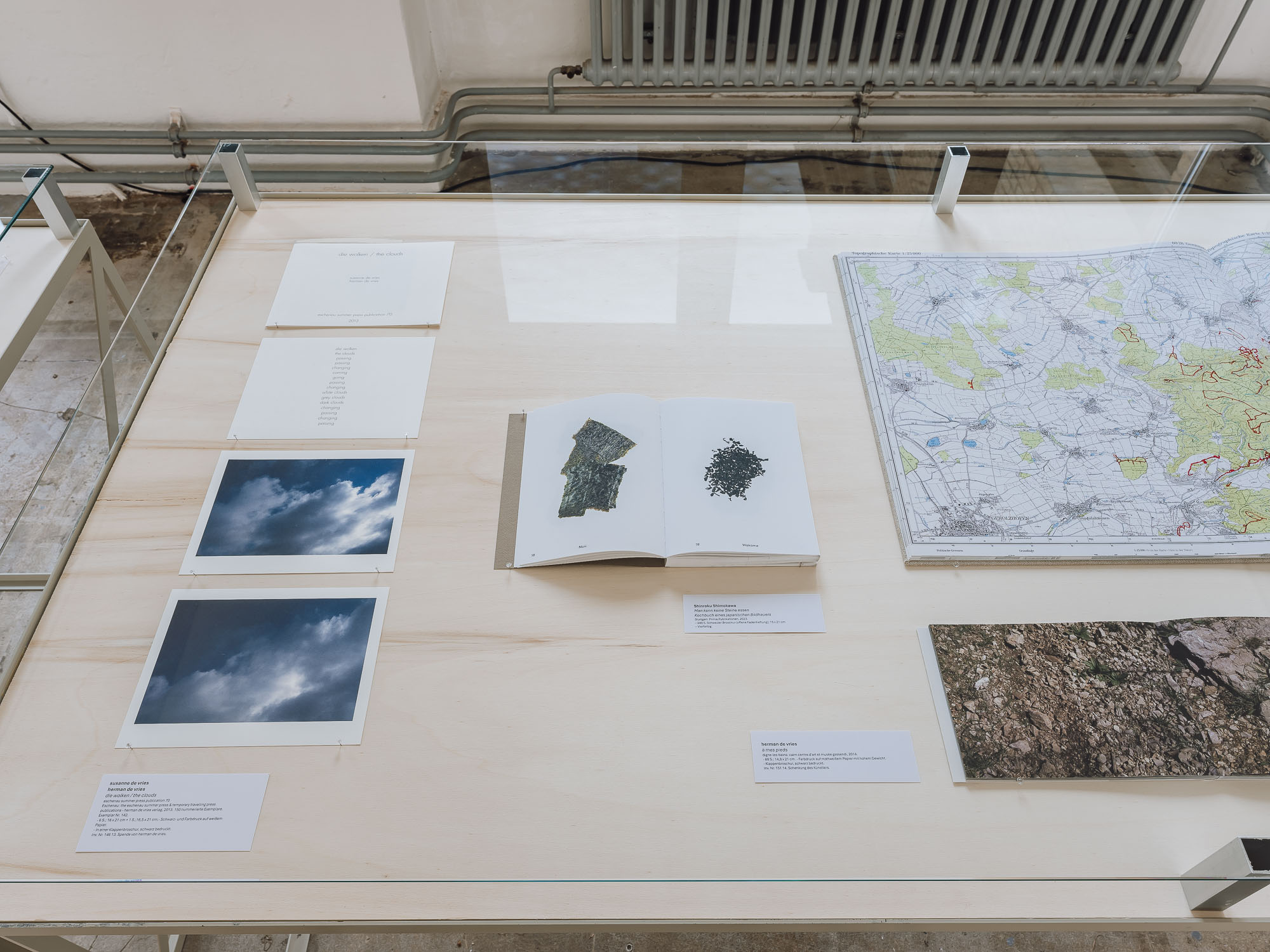
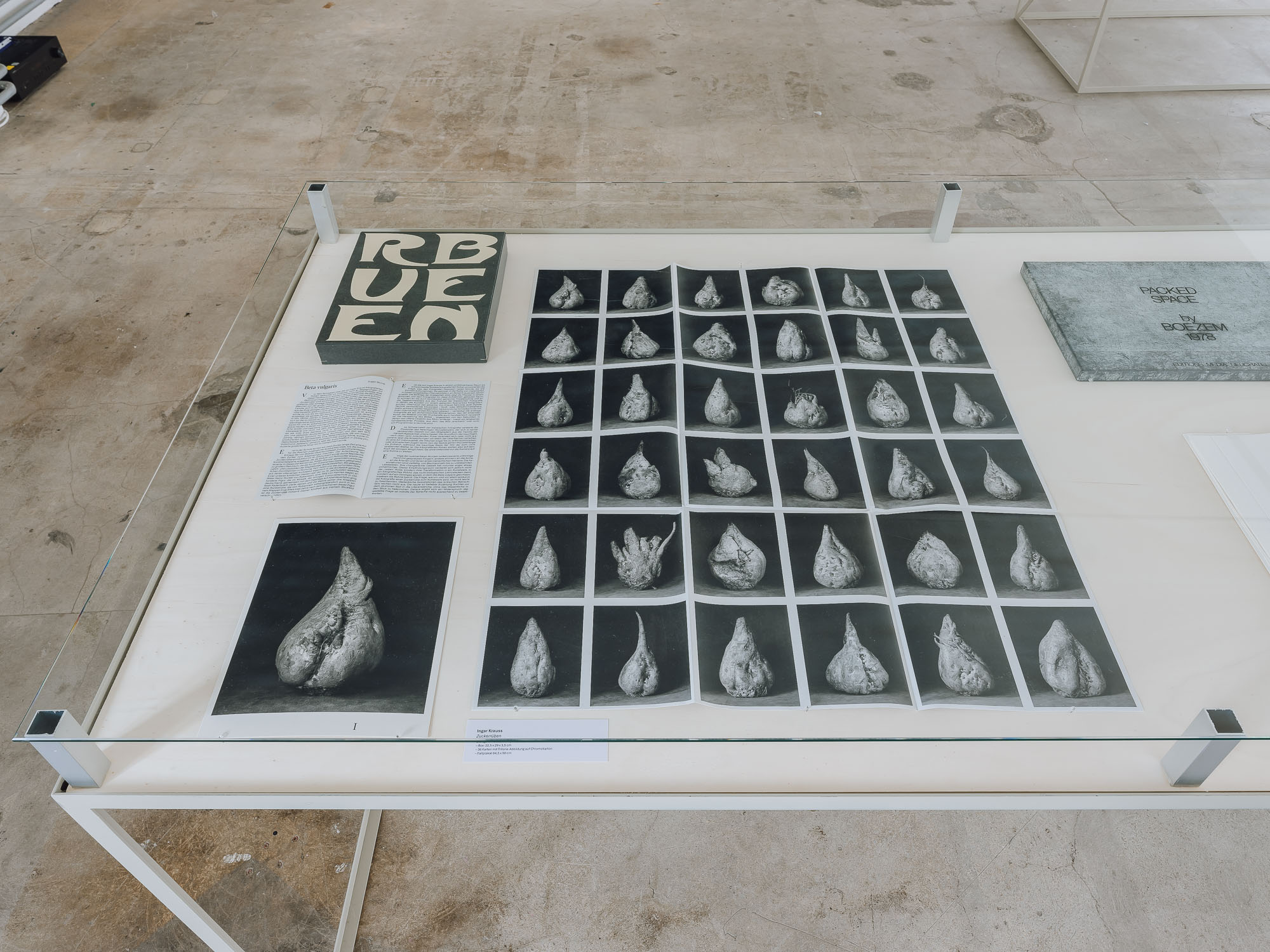
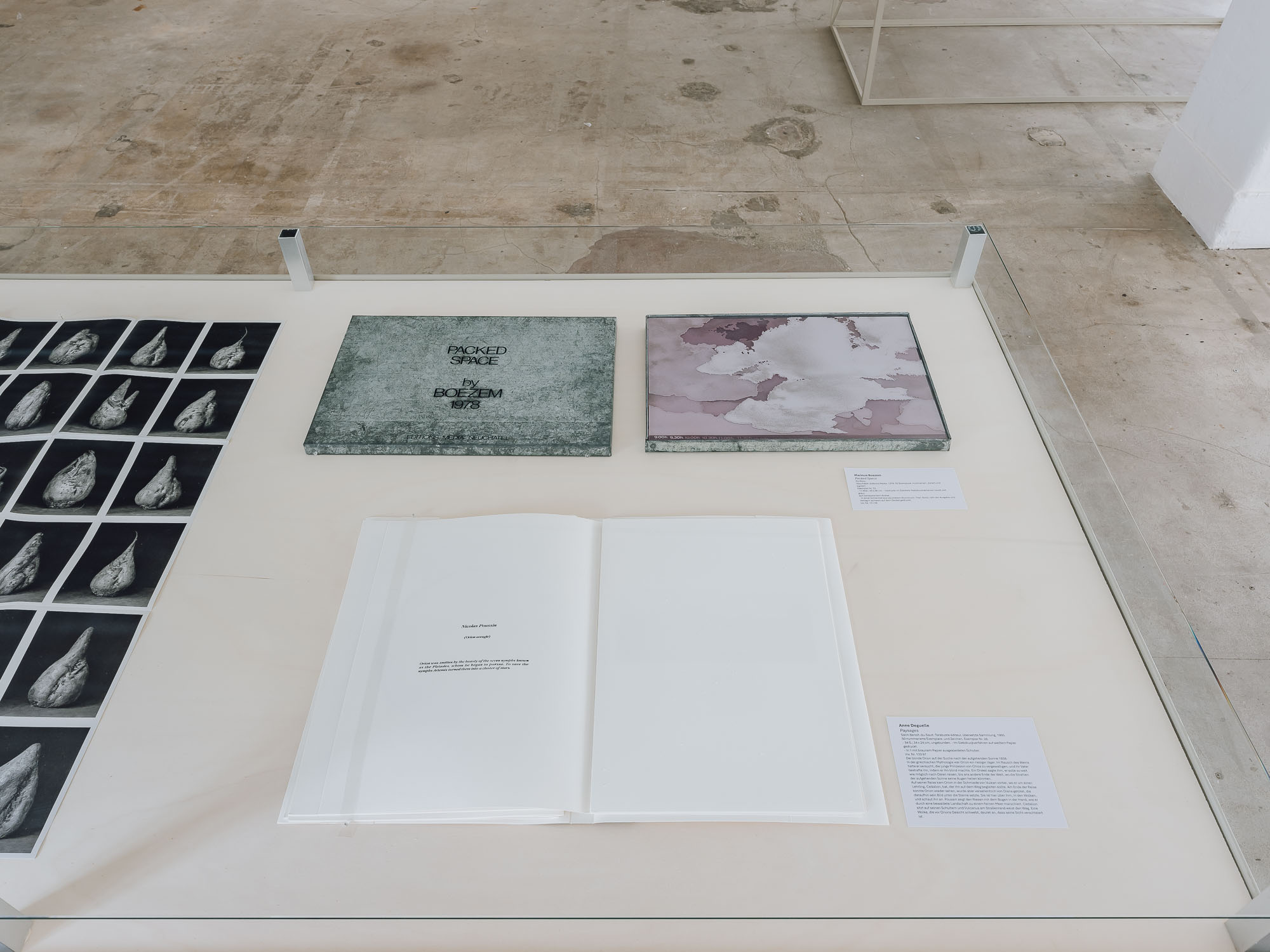
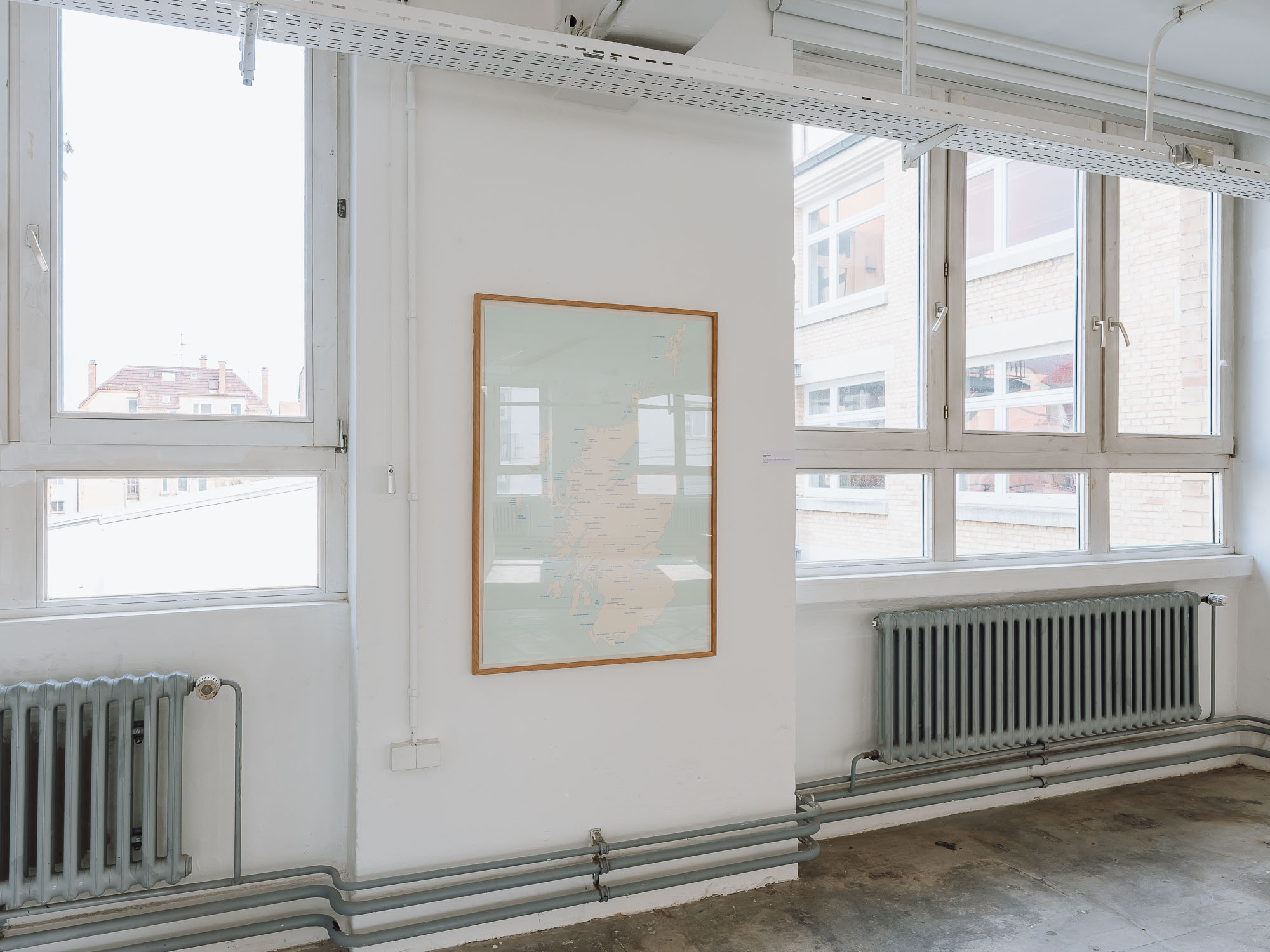
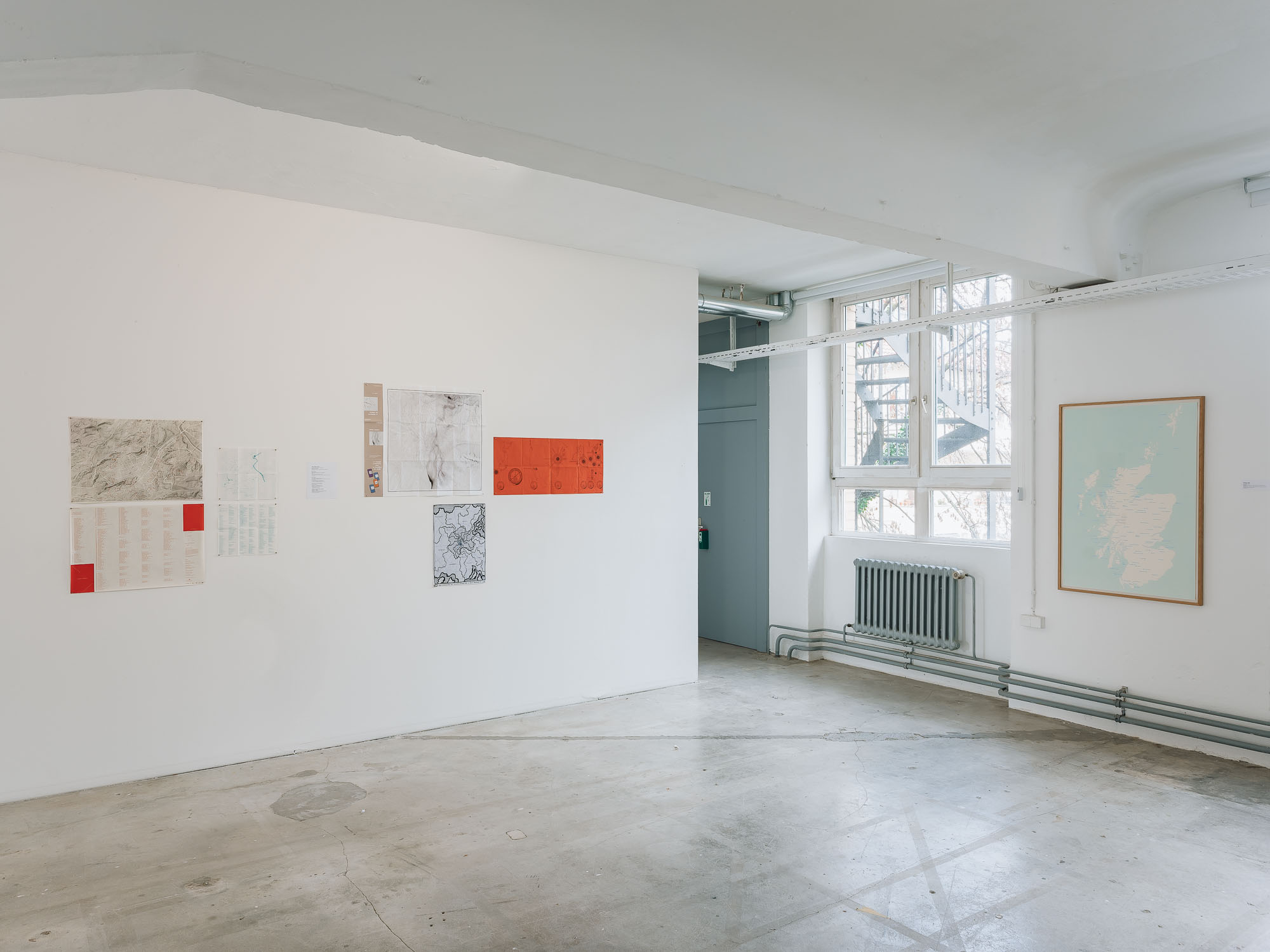
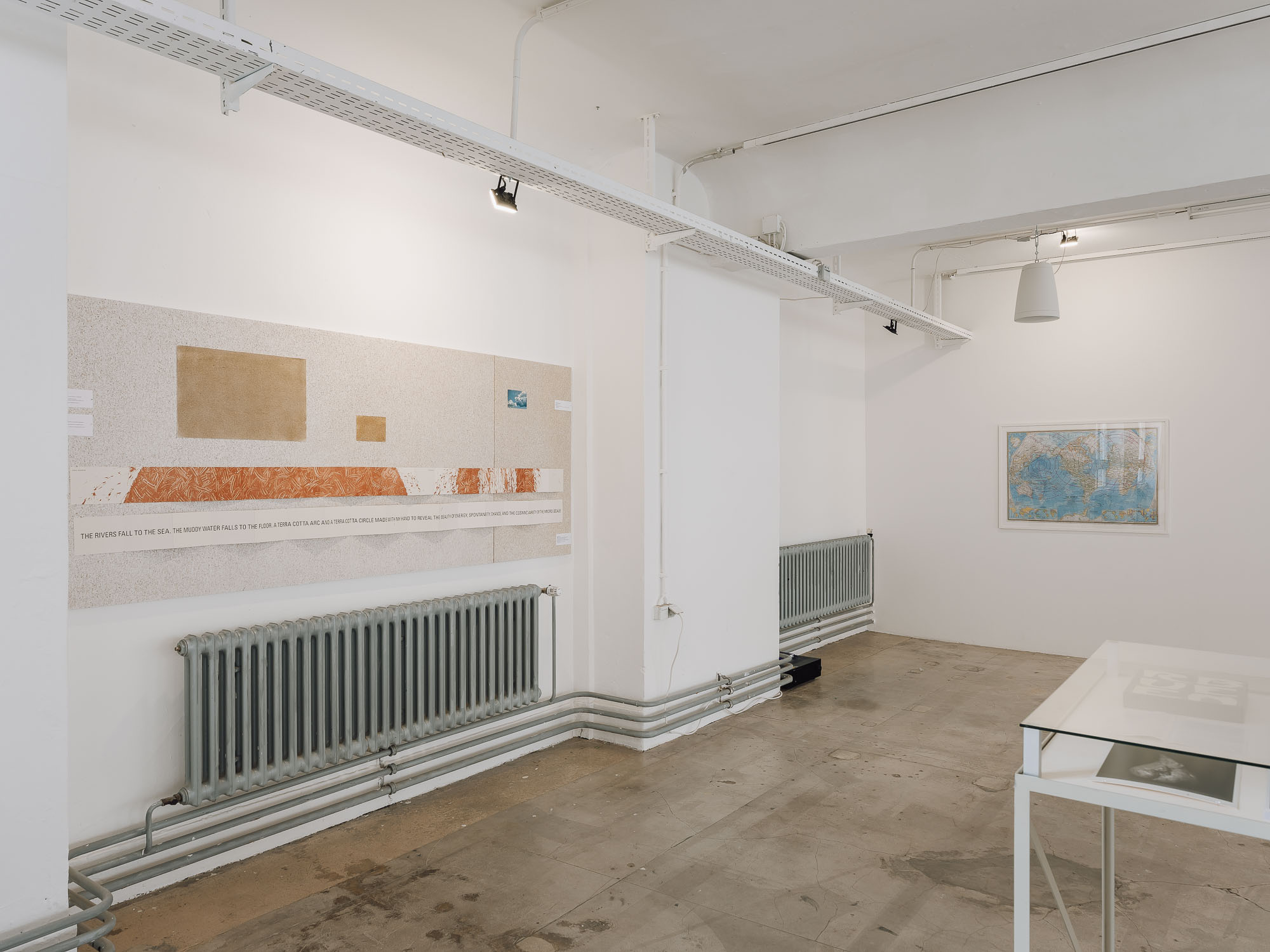
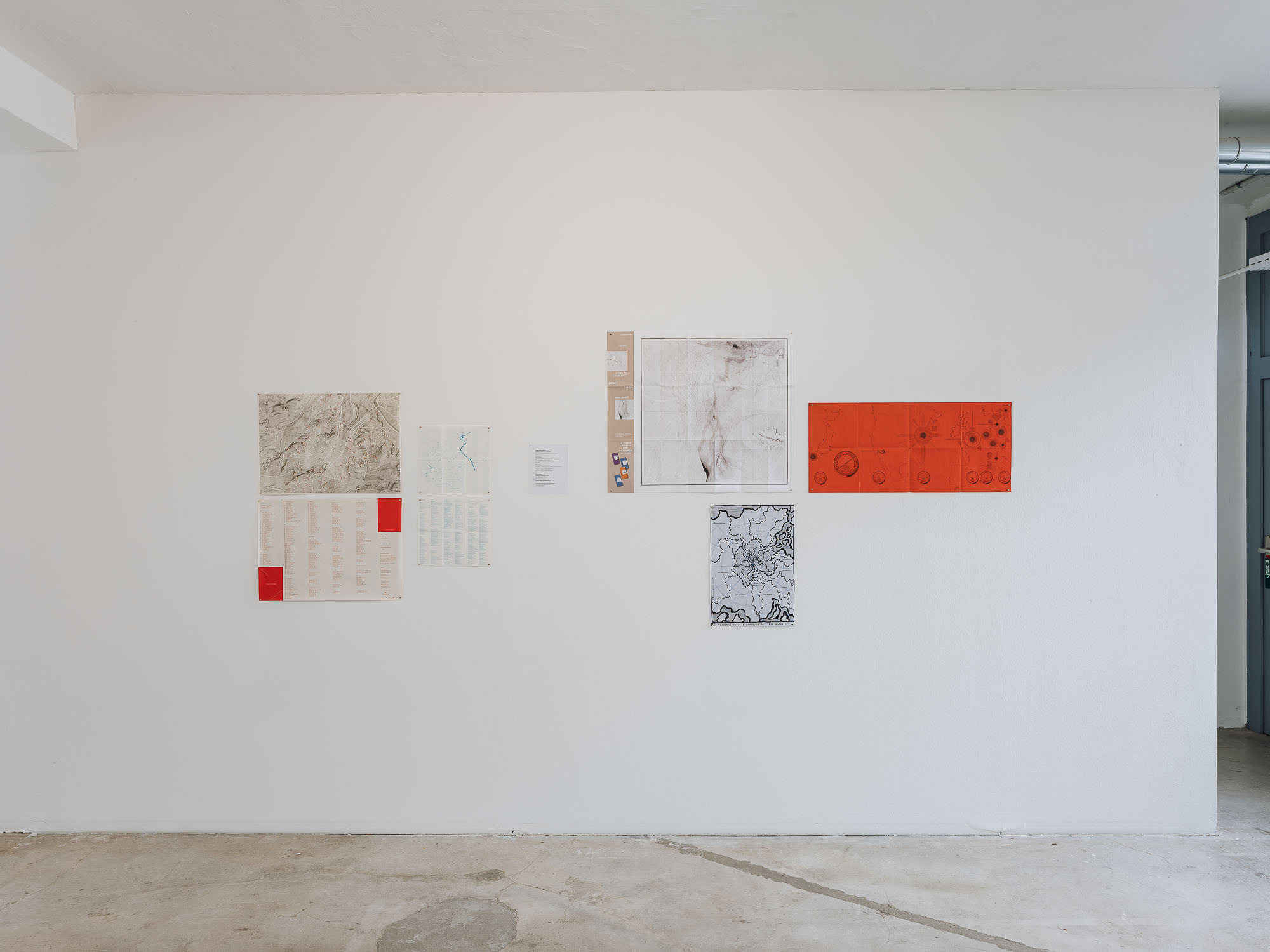
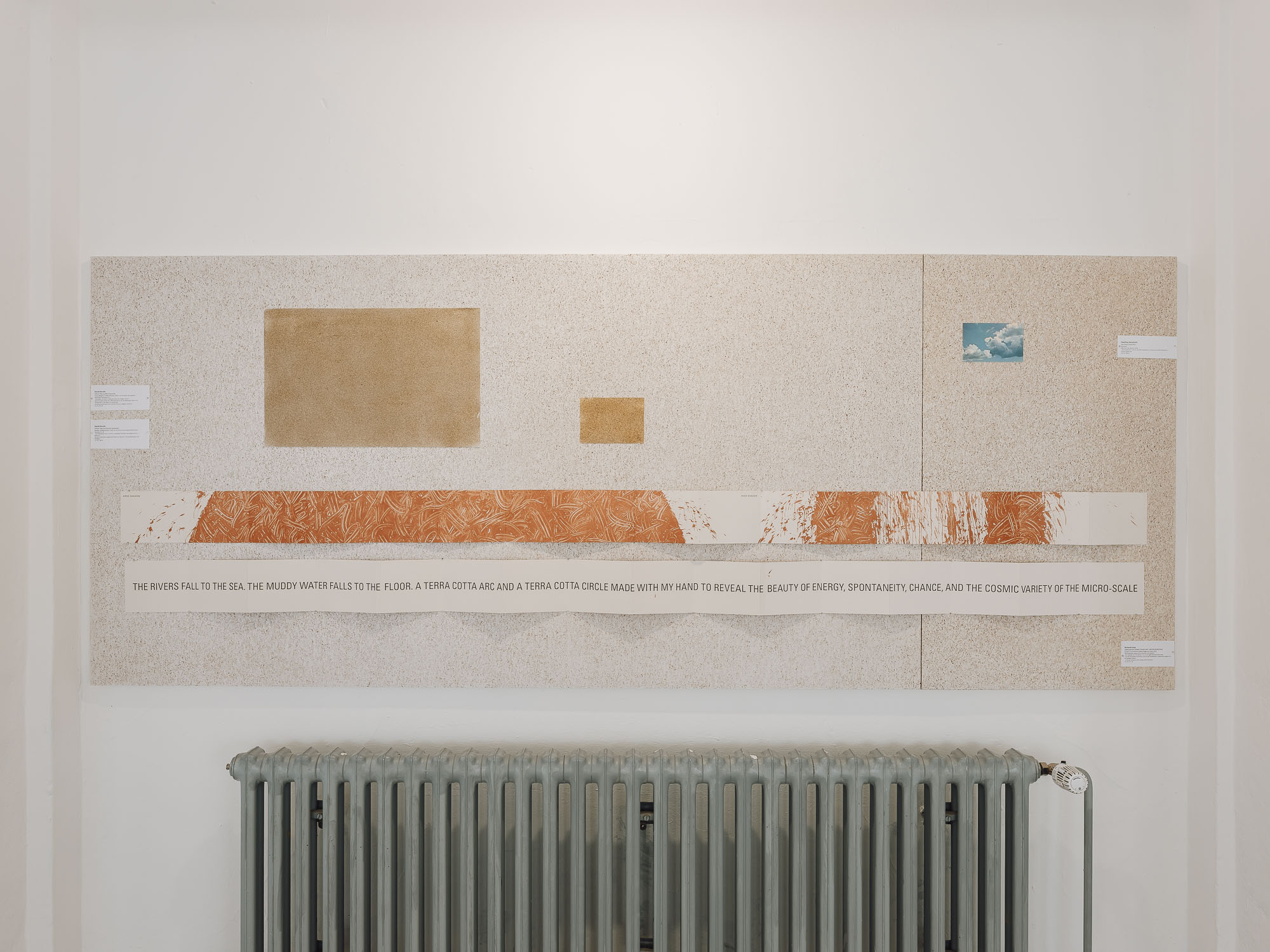
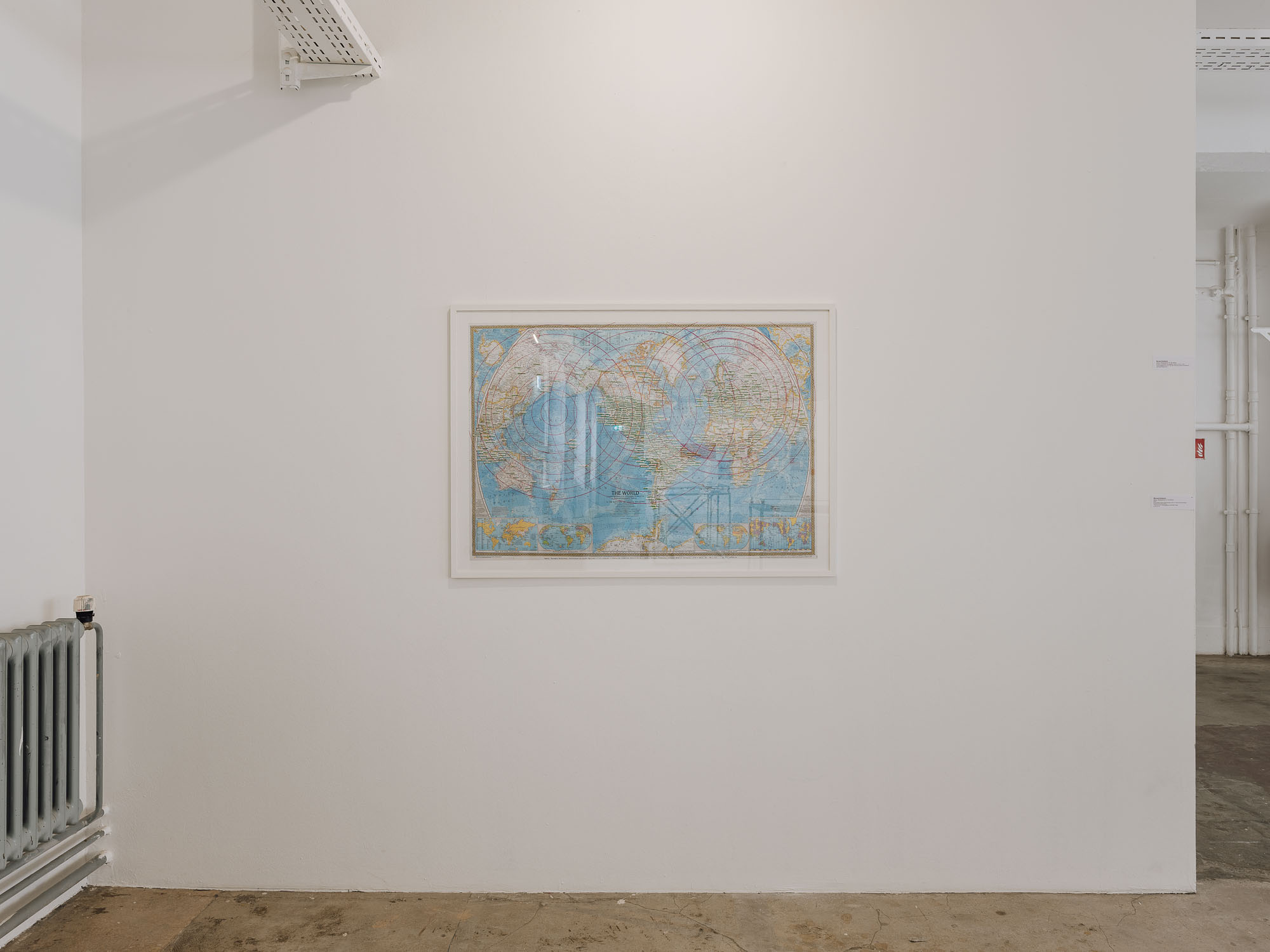

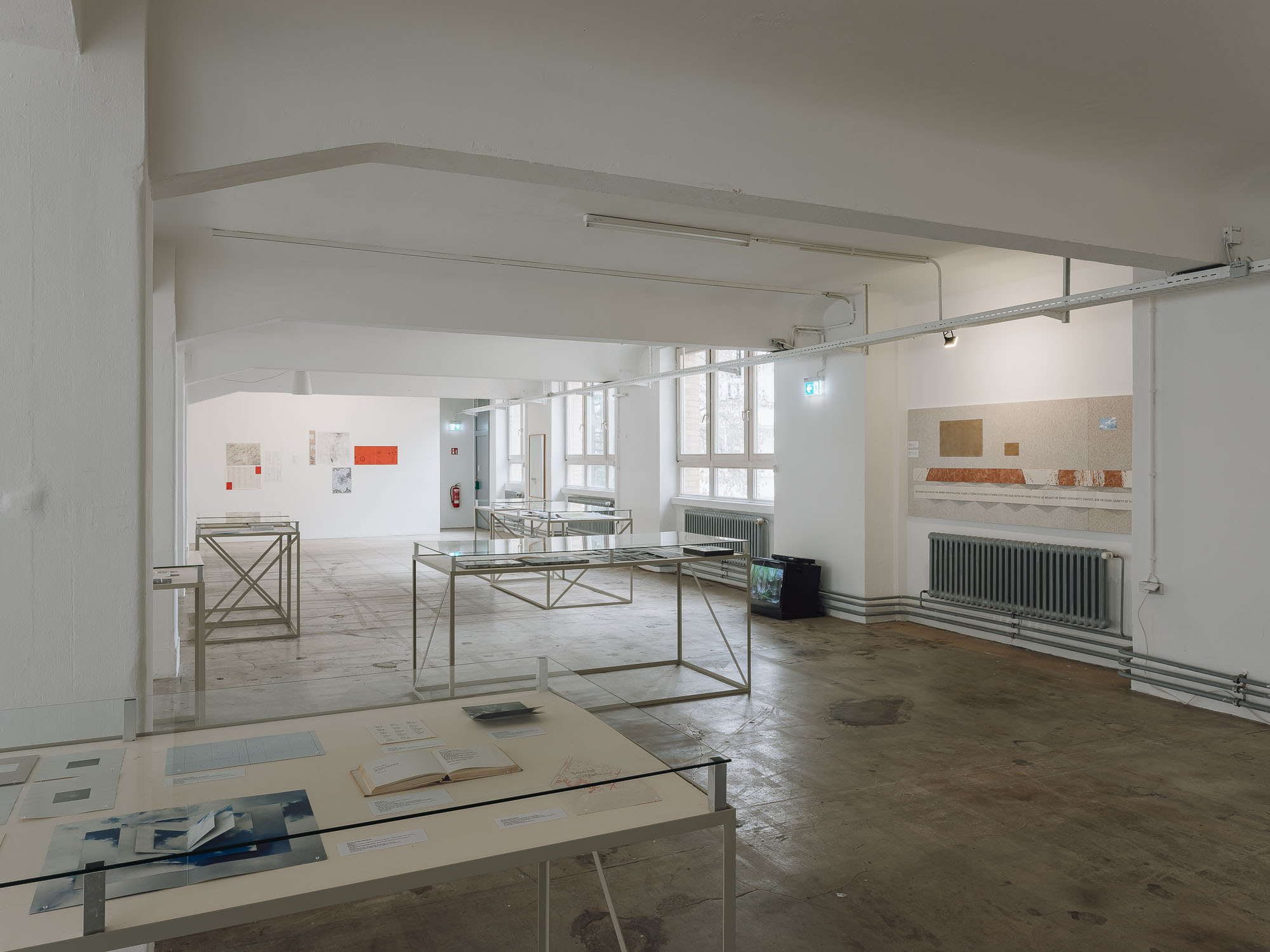
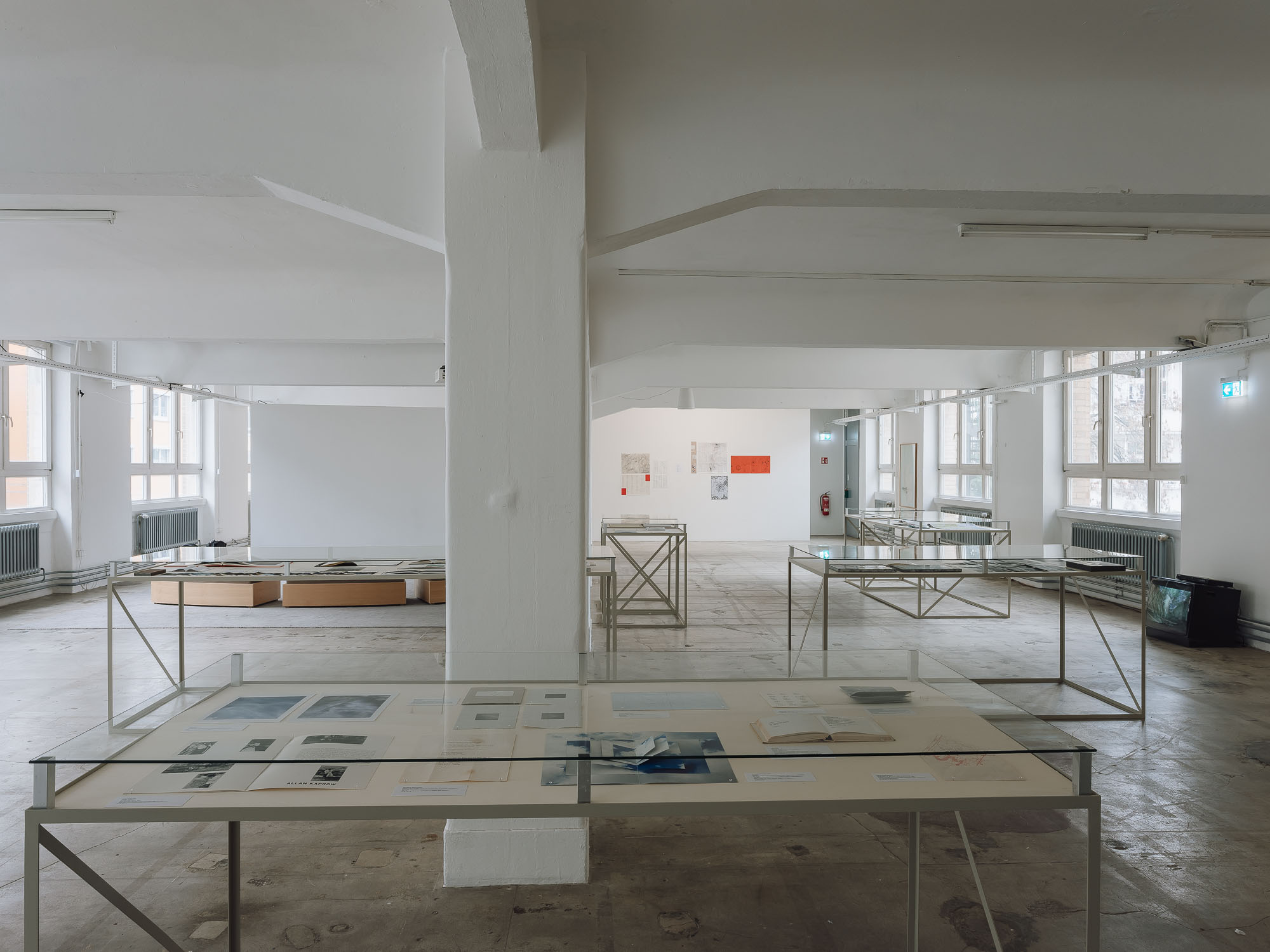

12:00pm–06:00pm
Join us on March 22 for the United Nations World Water Day to witness from afar the culmination of a huge river protest. The action celebrates the very story addressed in Teachings of the Flood by Casa Rìo and explored by Brian Holmes in his essay Bioculture Now!.
There will be a live broadcast to the protest at the mouth of the Parana and Paraguay rivers, where environmentalists, Argentinian communists and a whole host of liberation theology churches are joining forces – around 100 partners in total, all organizing local actions. There will also be a trip down the river, symbolically starting in Asunción, Paraguay; from Resistencia, the paddlers will travel to Rosario, stopping in towns and villages along the way. All these actions will be documented with multimedia contributions on Brian Holmes’ interactive map.
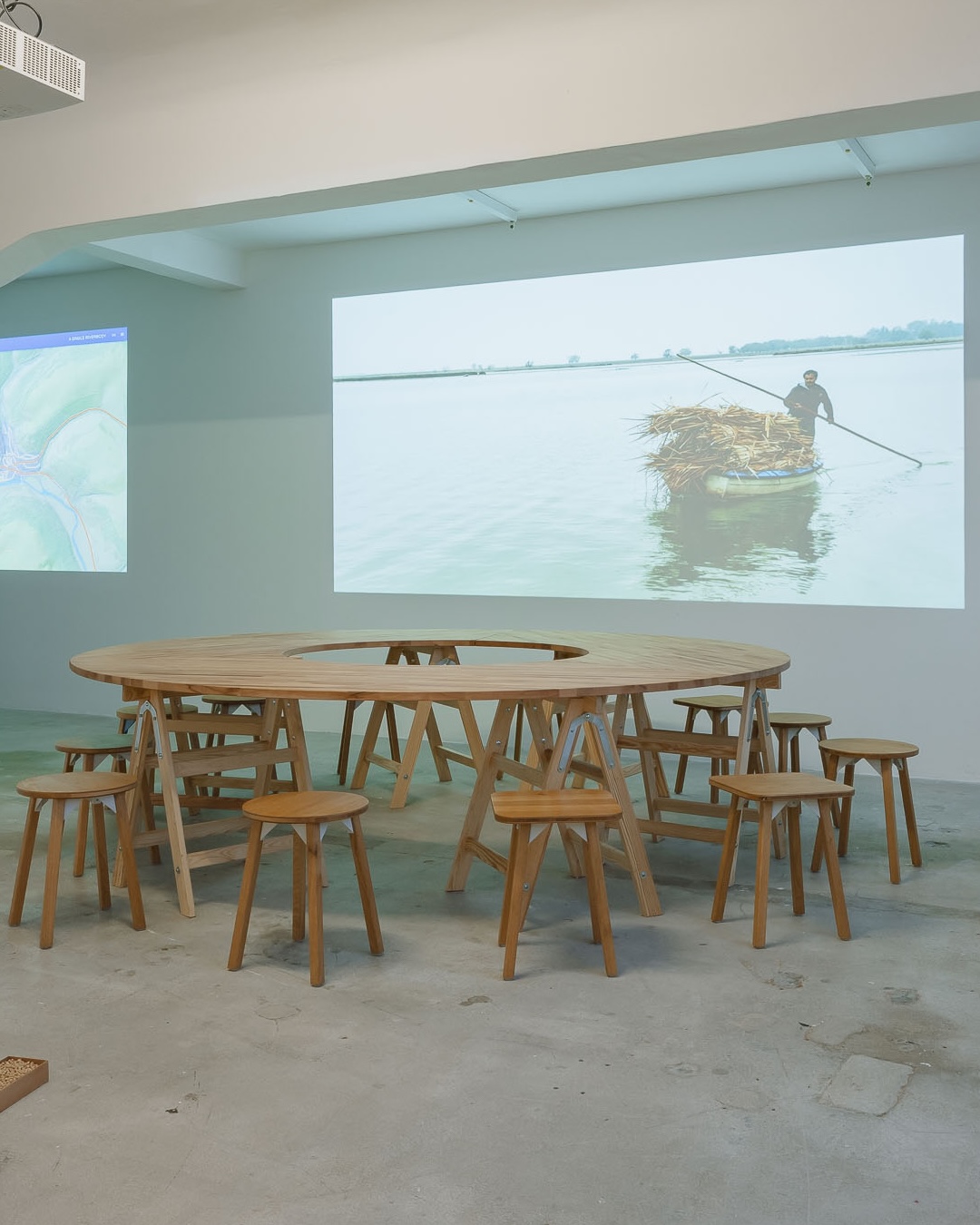
12:00pm–06:00pm
On 15 March, the Künstlerhaus celebrates the Day of Printmaking, which offers artists, print workshops, museums, universities, art associations and other stakeholders throughout Germany the opportunity to show how vibrant the art of printing is: from traditional techniques to experimental printmaking.
To mark the occasion, the Künstlerhaus is opening its lithography and etching workshop to interested and curious visitors. The lithography exhibition Von der Übersicht by Carmen Weber can be seen on the second floor.
1 pm – Artist conversation between Carmen Weber, Donna Volta Newmen, and Florina Leinß about etching and lithography
3 pm – Artist talk between Carmen Weber and the curators Tamarind Rossetti and Stephen Wright about the exhibition Von der Übersicht
As part of the Day of Printmaking, the award-winning lithography artist Carmen Weber will talk about her complex works in Von der Übersicht with curators Tamarind Rossetti and Stephen Wright at 3 pm. The discussion will focus on the process of lithography itself, the fascination that Weber has with drawing on stones, the use of historical mapping stones in her works and the relationship that these works have with the state and region of Stuttgart.
In addition, the conversation will explore the works’ relationship to cartography and, in Weber’s case, the unique use of lithography to create counter-maps.
Opposite, the current workshop scholarship holders Donna Volta Newmen, Florina Leinß and Julia Wenz provide an insight into their current work and another printing technique – etching.
The printing techniques of lithography and etching will also be the focus of the artist conversation at 1 pm, to which all artists and interested visitors are welcome.
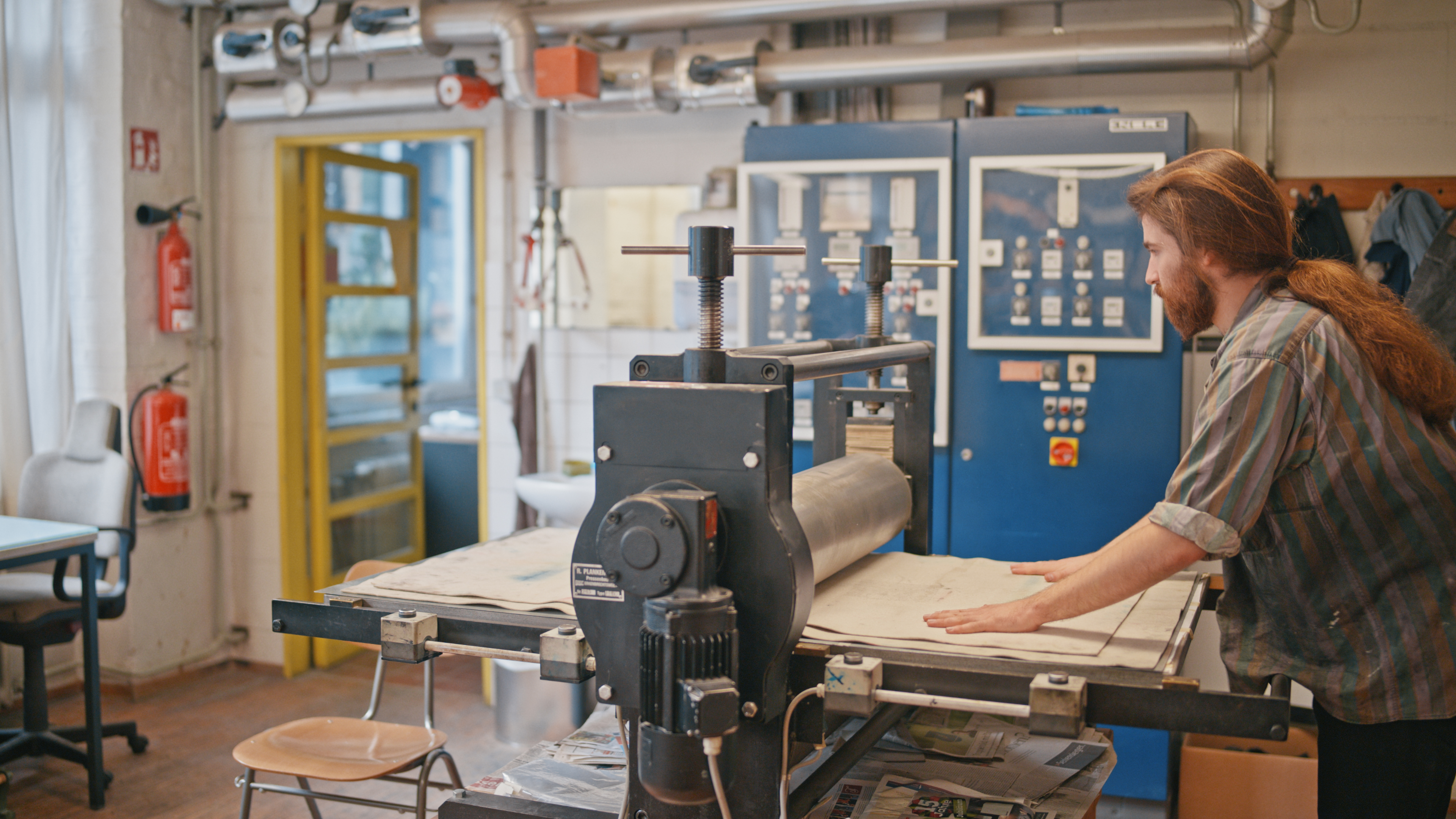
How do we face up to the global changes that have been caused by us humans since the beginning of industrialization, in the age of the Anthropocene, and how will we face up to them in the future? These is the question explored by the artist Kathrin Wörwag.
In her project along and across the river (2023) as part of the IBA’27 Festival, she is initiating an exhibition and a meeting place in form of a laboratory for collaborative exchange at the former “Neckar Spinning Mill” in Wendlingen where production continued until 2020. Based on complex research, site-specific explorations, action lectures and workshops, questions about the social-ecological transformation of historical industrial culture are examined together with other participating artists invited by her and discussed with people on-site. The focus is on the co-existence and mutual dependency of human and non-human living spaces.
In the 40th Tuesday-Workshop Kathrin Wörwag will provide insights of her project and her various and diverse working methods.
In her artistic practice, she is testing how art can be relevant for actively shaping a culture and environment worth living in. She is also concerned with a deeper understanding of creativity that addresses everyone, not just artists: How can we activate ourselves and involve each other creatively? To find out, Kathrin Wörwag repeatedly takes on the role of a mediator and works with an expanded concept of art that she explores beyond the boundaries of institutional art spaces in everyday and social contexts or work contexts, often together with other protagonists. With her art she creates opportunities to learn from others. Her work focuses on polyphonic processes, temporary laboratories, performative interventions, informal forms of knowledge, artistic research and a wide range of formats for dialogue and interaction.
Tuesday-Workshop
The Künstlerhaus invites an artist or a collective—meaning any artists or cultural workers from any field or discipline—to talk about their working methods as well as their backgrounds and approaches. We want to establish a platform for a more in-depth interaction with regard to artistic practice, and in doing so to create a network, show solidarity, and mutually strengthen one other.
The series is aimed at all members of Künstlerhaus Stuttgart, artists either living in Stuttgart and the surrounding area or just traveling through, all cultural workers, art mediators, curators, etc., and is open to everyone!
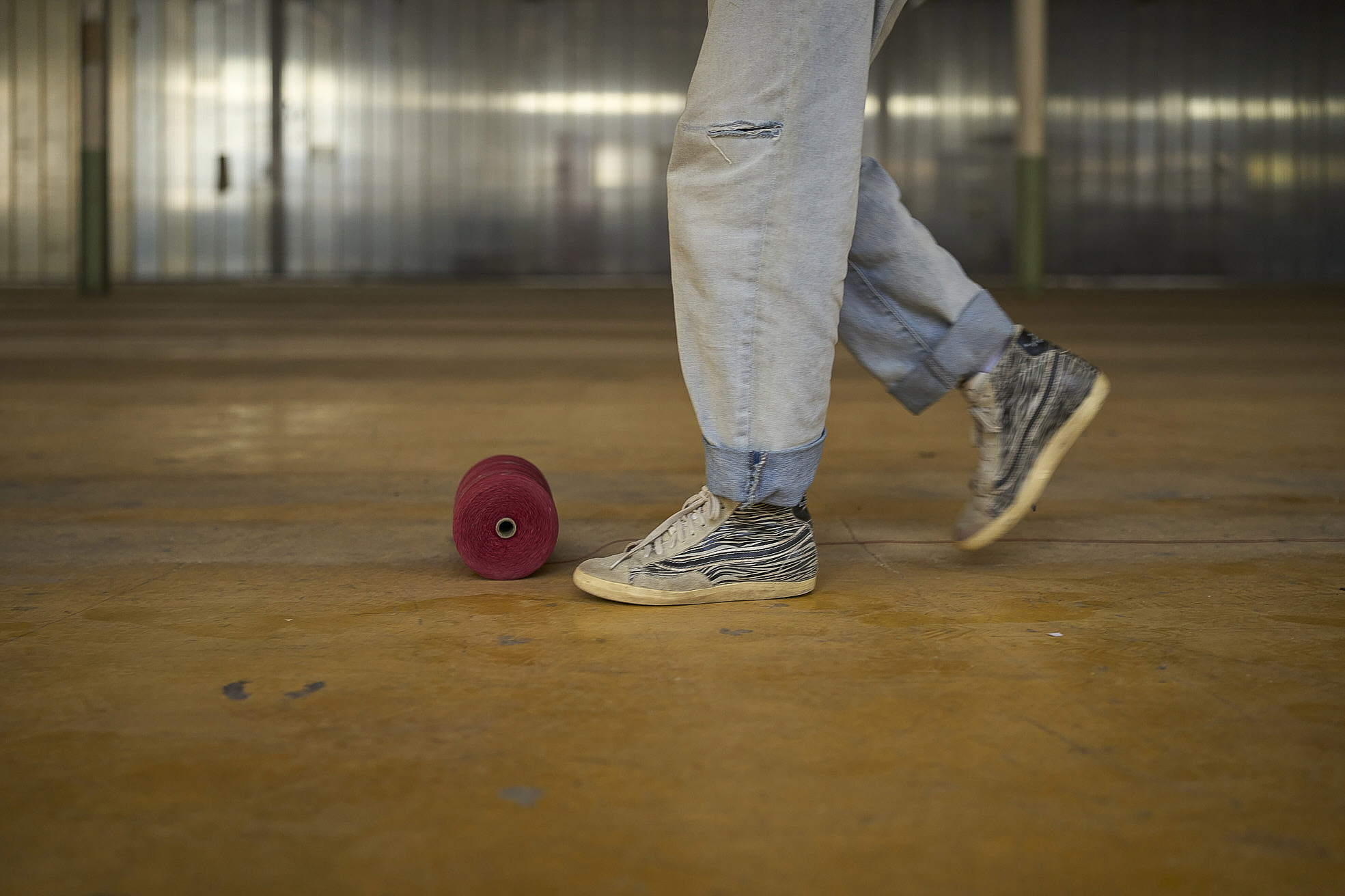
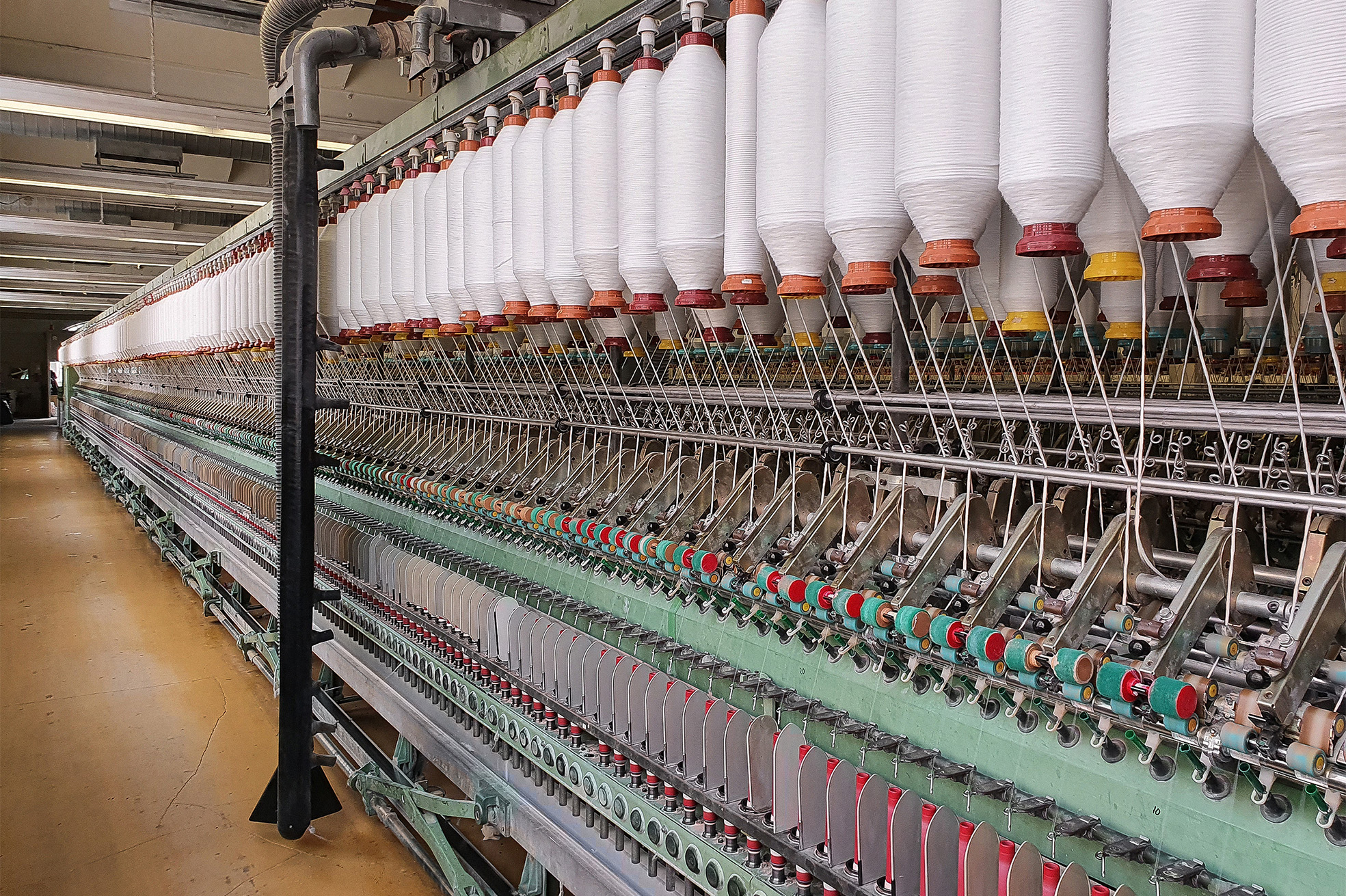
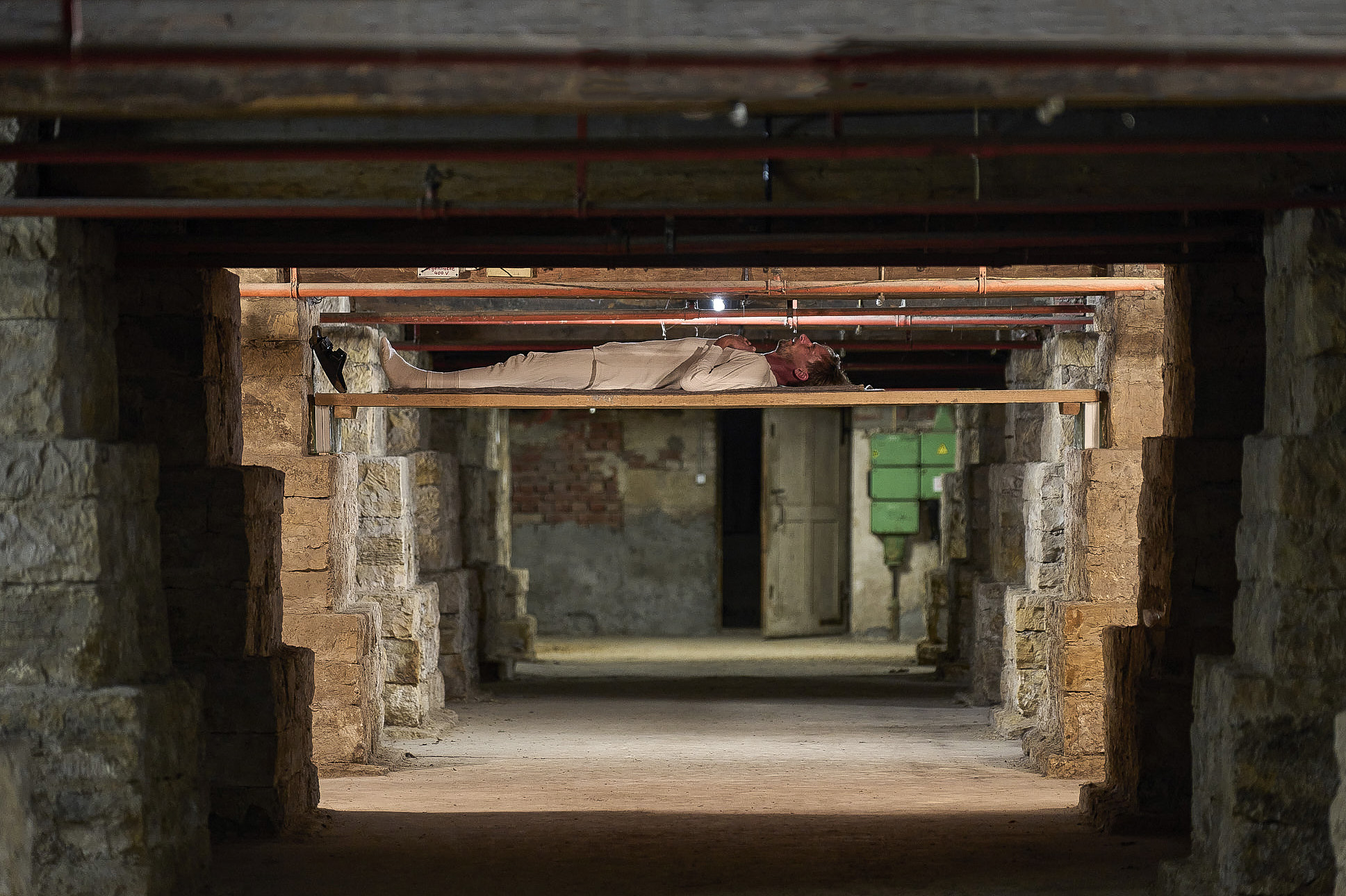
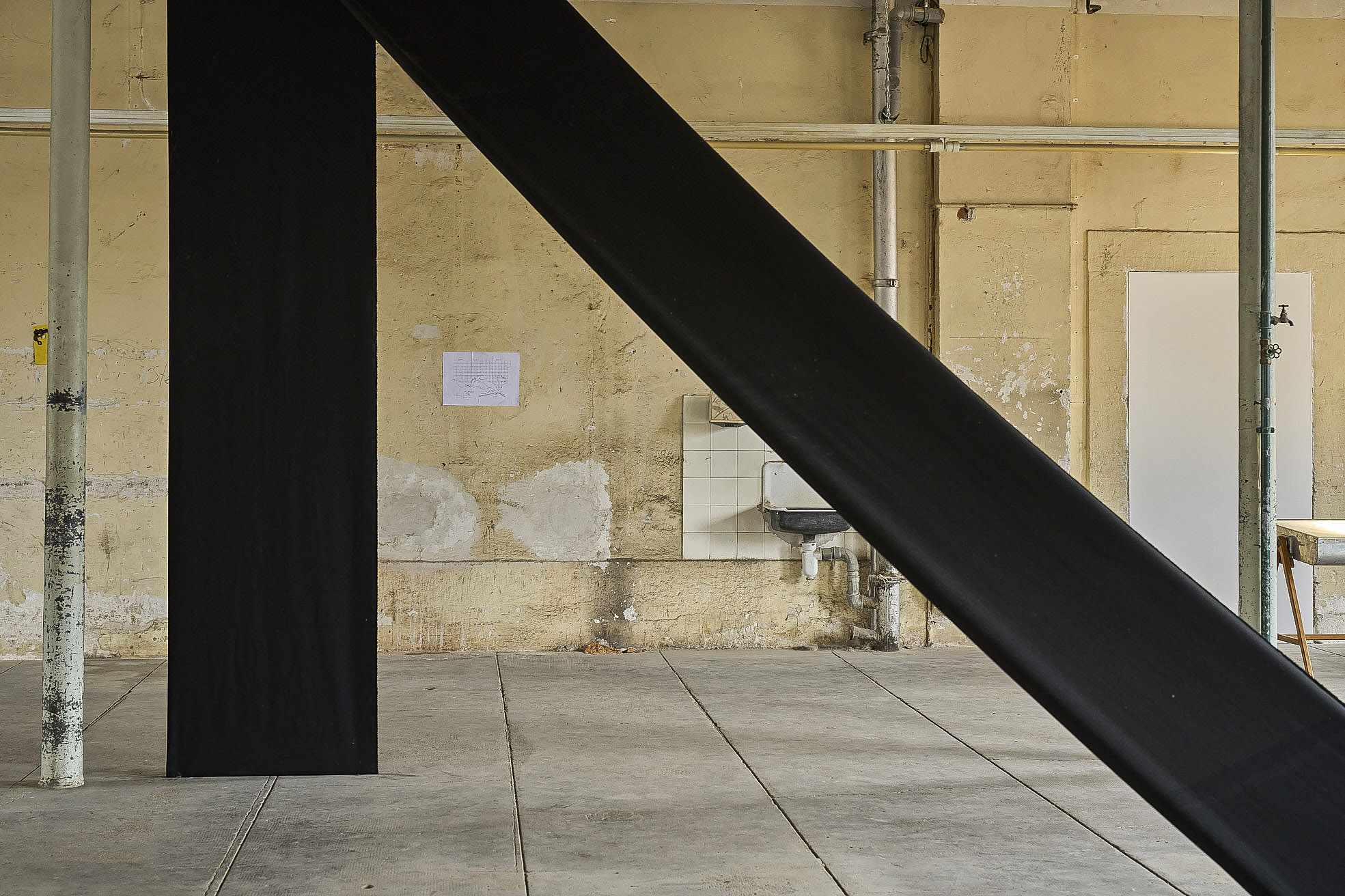
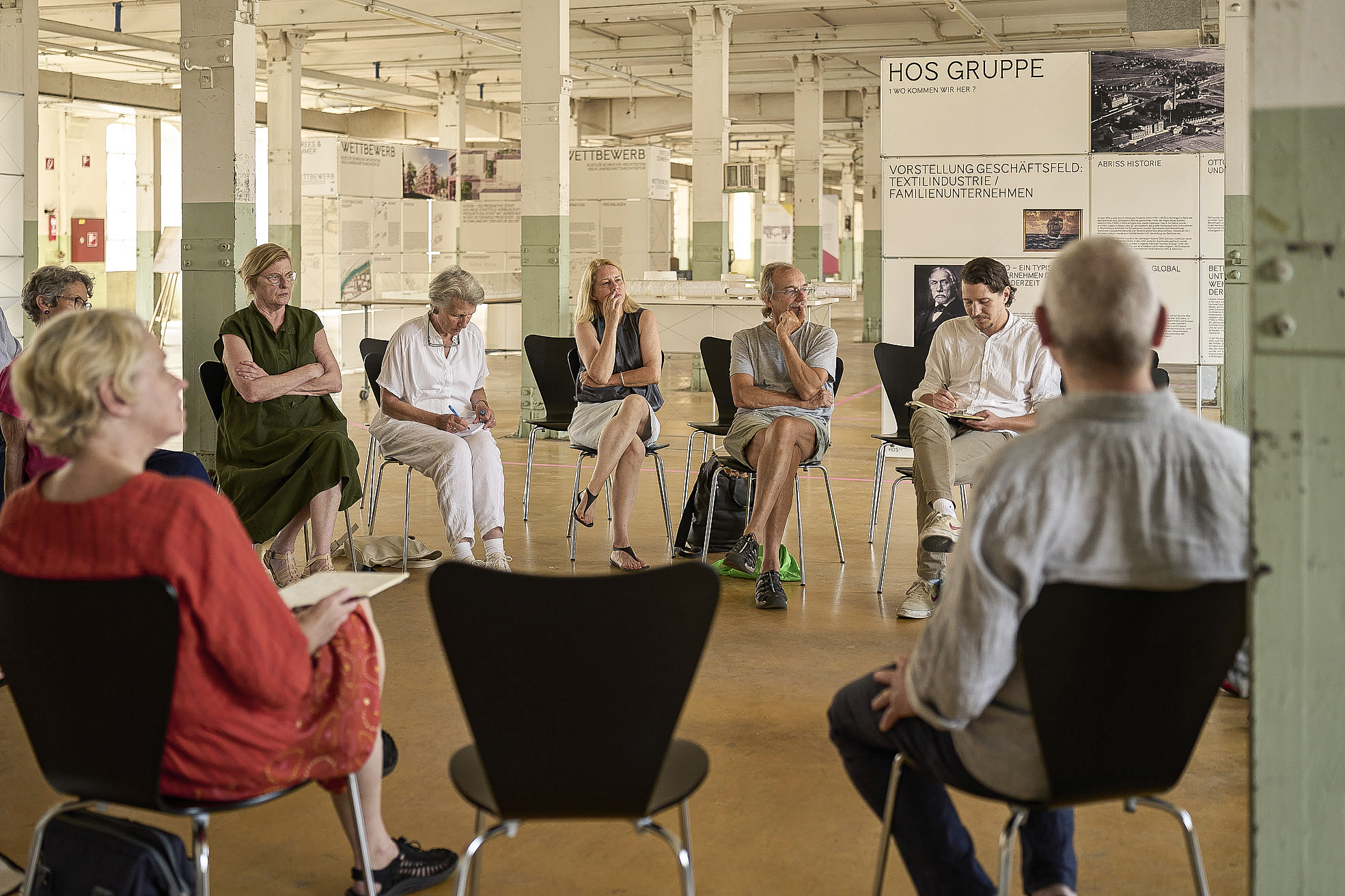

Sunday, February 23, 5-10 p.m.
at the RAMPE Theater (Filderstraße 47, 70180 Stuttgart)
The best way to combat hatred and hate speech is to vote for a democratic party of your choice. Talk to your neighbors, colleagues, family and friends and then go vote on 23.02.2025!
Because the result will potentially be challenging for everyone in Germany who is committed to a progressive, inclusive and non-violent pluralist democracy. It is foreseeable that there will be plenty of reasons for anger, bewilderment or sadness on election night.
That’s why we want to come together and shout, cry, discuss, laugh, hope, drink and dance – and show our support: We are fighting for a pluralistic democracy and we are not giving up, neither before the election nor after.
Free entry
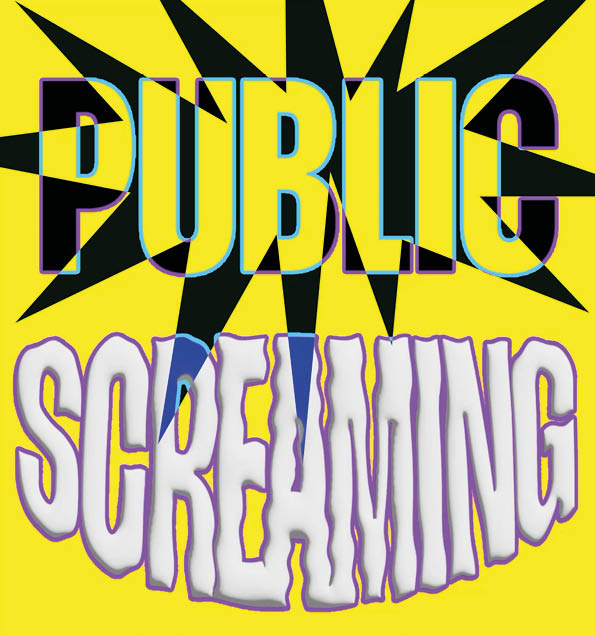
The Punk-Performance-Collective Horizontaler Gentransfer, Mizi Lee, Yun Park, Jerry Ahn, Hanseo Oh, Seonha Park and Lilian Gonzalez, were awarded with the Hans-Molfenter-Prize 2025.
Horizontaler Gentransfer was founded in 2022 by Mizi Lee, Künstlerhaus studio holder.
Hans-Molfenter-Prize, an art award of the state capital Stuttgart has been awarded since 1983 – initially every two years, since 1995 every three years – to artists who are associated with the city and the region and have been recognised for their outstanding artistic work. The prize, which is endowed with 16.000 euros, is financed by the estate of the Stuttgart painter Hans Molfenter (1884-1979).
The award is linked to a presentation at the Kunstmuseum Stuttgart, with Horizontaler Gentransfer staging a concert at the Kunstmuseum Stuttgart on 27 June.

Crafts are a starting point for Ute Fischer-Dieter’s art. Fischer-Dieter explores and tries out the possibilities what is commonly referred to as ‘good craftsmanship’ by intuitively recalling what she has learnt. It is a performative approach that is not about producing new, perfectly crafted objects.
In her work, the artist explores the idea of perfection present in our meritocracy. There is no right and no wrong. The artist’s work is always accompanied by searching, reflecting, moving on and questioning. The groups of works result from numerous sources and experiences with different characters. Nevertheless, everything is interconnected, as one is created from the other.
In general, the artist prefers to work with existing materials. Our consumer society has already produced so much that she wants to use as few new resources as possible. Discarded fashion magazines are recycled and overprinted several times with screen prints, whereby the original motif is initially denied because it is concealed. However, the artist does not stop at simply covering the magazine pages.
The prepared pages are illuminated and photographed, making the original images shadowy again, but overlaid and thus emerging in a new light.
Digital photos and videos are made of the haptic screen print series. The artist plays with the change of medium – from paper to digital – in the most recent works of the screen print series ‘Schutzräume – do we have a second chance?’.
Here, the existing image files are virtually superimposed on the computer and can be printed on paper or as a 3D object if required. In this way, she can remain consistent with her working method. Because in order to create something new, no new resources need to be found. Instead, she focusses on the things that are already there and thinks them further.
Text by Dr. Judith Knippschild
Tuesday-Workshop
The Künstlerhaus invites an artist or a collective—meaning any artists or cultural workers from any field or discipline—to talk about their working methods as well as their backgrounds and approaches. We want to establish a platform for a more in-depth interaction with regard to artistic practice, and in doing so to create a network, show solidarity, and mutually strengthen one other.
The series is aimed at all members of Künstlerhaus Stuttgart, artists either living in Stuttgart and the surrounding area or just traveling through, all cultural workers, art mediators, curators, etc., and is open to everyone!

In the second listening session, titled ‘The Divine Feminine – Gender-Esoterik – Hyper-Pop – Cross-Species – Hybrid Goddess – Listening Session’, we will listen to the music that inspires Alexandra Haas in her artistic practice – tunes that make her melt and merge with her surroundings until they are indistinguishable: Is that a voice or a sound? Text or sound? Concepts and categories dissolve in the mind, and in the end there is only a feeling – which is exactly the intention: to disrupt established orders and embrace the unknown. In this way, gender codes are distorted until they are rearranged, lose their material anchoring and merge into other forms.
Listening Sessions
This is the second event in the new ‘Listening Sessions’ series in the recording studio at the Künstlerhaus. Artists are invited to bring along the music that inspires, shapes and accompanies them. We will listen to this music together in the recording studio.
The regular series offers a space to exchange ideas about sonic influences and personal connections to music. This series of events was conceptualised by Lena Meinhardt, artist and manager of the audio workshop at the Künstlerhaus.
As places in the recording studio are limited, please register at audio@kuenstlerhaus.de.
What does the Anthropocene look like up close? How does global ecological change refract into lived experience?
For this culminating phase of the Rivermap atmosphere at Kunstlerhaus Stuttgart, Jeremy Bolen and Brian Holmes begin with an invisible marker: lingering radiation at a place called Site A in Red Gate Woods on the outskirts of Chicago, Illinois, where Manhattan Project scientists covertly ran the world’s first atomic pile during the Second World War. Here and at other nuclear dumps in the area, Bolen buried color film in the ground, then retrieved and developed it, revealing material traces of a turning point in Earth’s history.
In the exhibition space these strips of exposed film have become a series of psychedelic banners rising from fresh soil, forming an uncanny labyrinth in which two extensive projects are inserted. The first is entitled Born Secret (Cash for Kryptonite), shown on a series of monitors interspersed among the irradiated banners. This video essay, made in 2019, reaches out from Illinois to a pair of atomic weapons production sites in nearby states: the Paducah Gaseous Diffusion Plant in Kentucky and the Oak Ridge Laboratory in Tennessee. By examining the ecological foundations of these industrial projects, the artists weave the nuclear narrative into a vast process of territorial change based on river engineering, hydropower and the modernist promise of abundant electricity. Uncovering the sociopolitical components of the Faustian bargain that trades scientific knowledge for world-shaping power, the video gives tangible form to what Holmes calls “the Anthropocene mode of production.”
The question that runs throughout these works is fundamental: What kind of world is industrialized humanity creating? Bolen and Holmes made Born Secret as part of the continental-scale project Mississippi: An Anthropocene River, organized in 2019 by HKW and the Max Planck Institute for the History of Science. Subsequently they returned to the Lower Mississippi, to explore an historical genealogy in which the mastery of nature by European settlers becomes irrevocably entwined with the domination of other human beings. The video If This River Could Move (2022) begins at a key site of river engineering called Old River Control, located just across the Mississippi from the former Angola plantation, which later became a convict-leasing camp and is now the Louisiana State Penitentiary. The camera then moves downstream, through the petrochemical corridor of Cancer Alley and the flood-besieged city of New Orleans, to end in the storm-tossed environments of the Bird’s Foot Delta, where the great river finally pours into the sea.
As in the previous phases of this atmosphere, a touchscreen map and a research pamphlet accompany the video, along with a series of outtakes focusing on the world’s first deepwater drilling platform, “Mr. Charlie,” shown on miniature screens under a pool of mineral oil. Yet a crucial closing element has been added, replacing the wall image of the Cascadia bioregion with which the atmosphere opened. This closing element is a projected map of the Neckar River watershed where Stuttgart is located. Made with highly detailed Lidar renderings, the map reveals the extraordinary floodplain topography in which the human habitation of this region has nestled, protected by elaborate levee systems built under the climatic regime of previous centuries. How will this particular topography interact with the atmospheric tumult of the Anthropocene? What are the teachings of the floods that are surely coming to this region?
It is long past time for industrialized humanity to learn something new about the planetary cycles that sustain us. Wherever you may live, in the city or the country, on the mountain or in the valley, Earth Time is your time.
Program
Opening
Saturday, January 25, 2025, 7pm
Künstlerhaus Stuttgart, 4th floor
Artist Talk
with Jeremy Bolen and Brian Holmes
Saturday, January 25, 2024, 7:30pm
Künstlerhaus Stuttgart, 4th floor
Curators Tour
with Tamarind Rossetti and Stephen Wright
Thursday, March 20, 2025, 5pm
Künstlerhaus Stuttgart, 4th floor
Opening hours:
Saturday/Sunday 12:00-18:00
and by appointment
Realized with the kind support of the Goethe Institute.
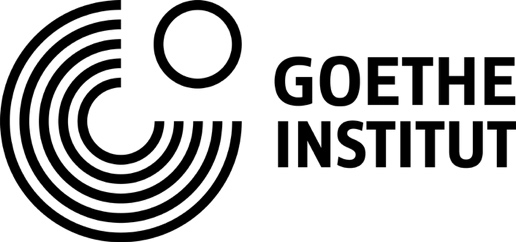
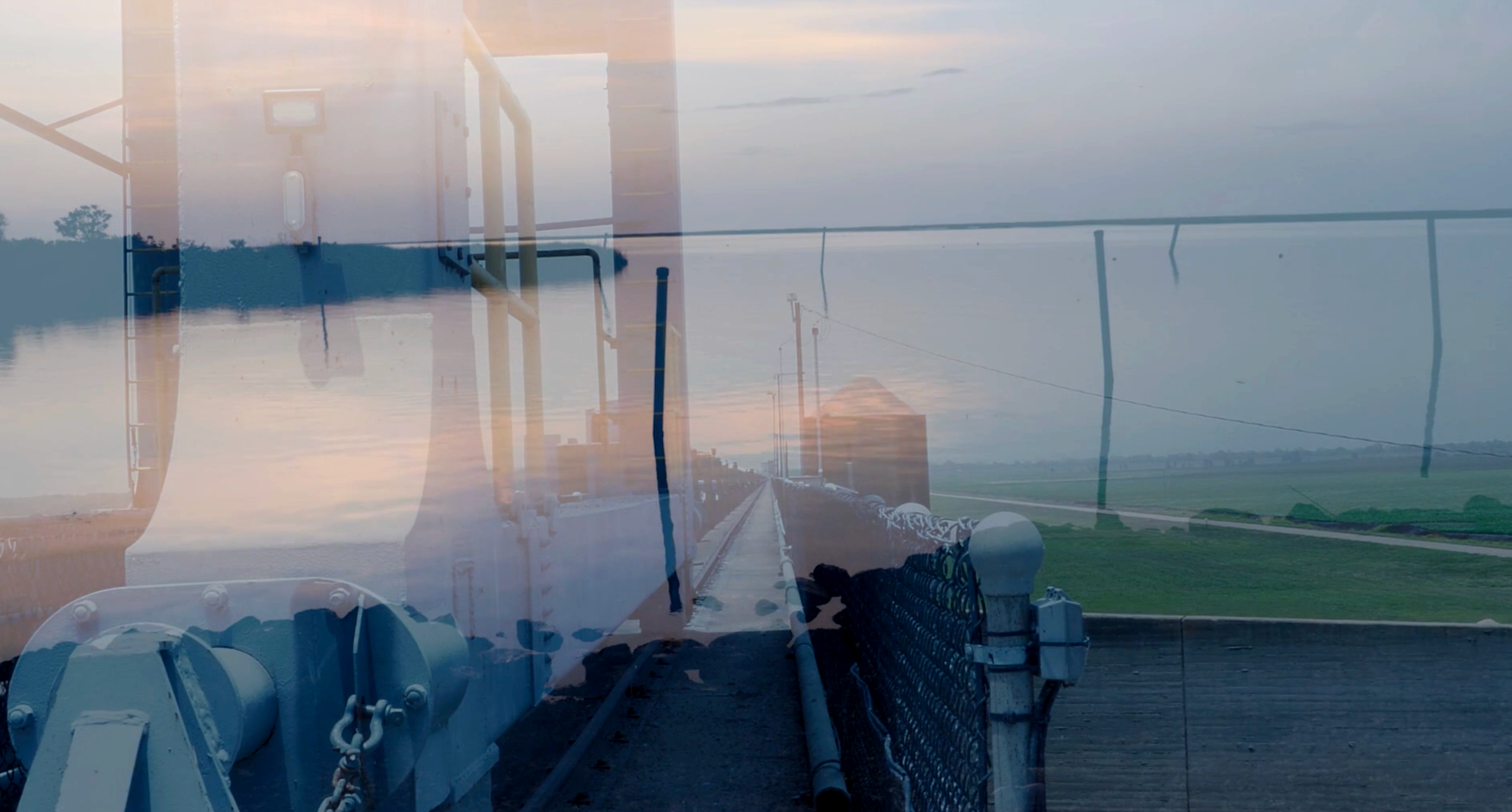
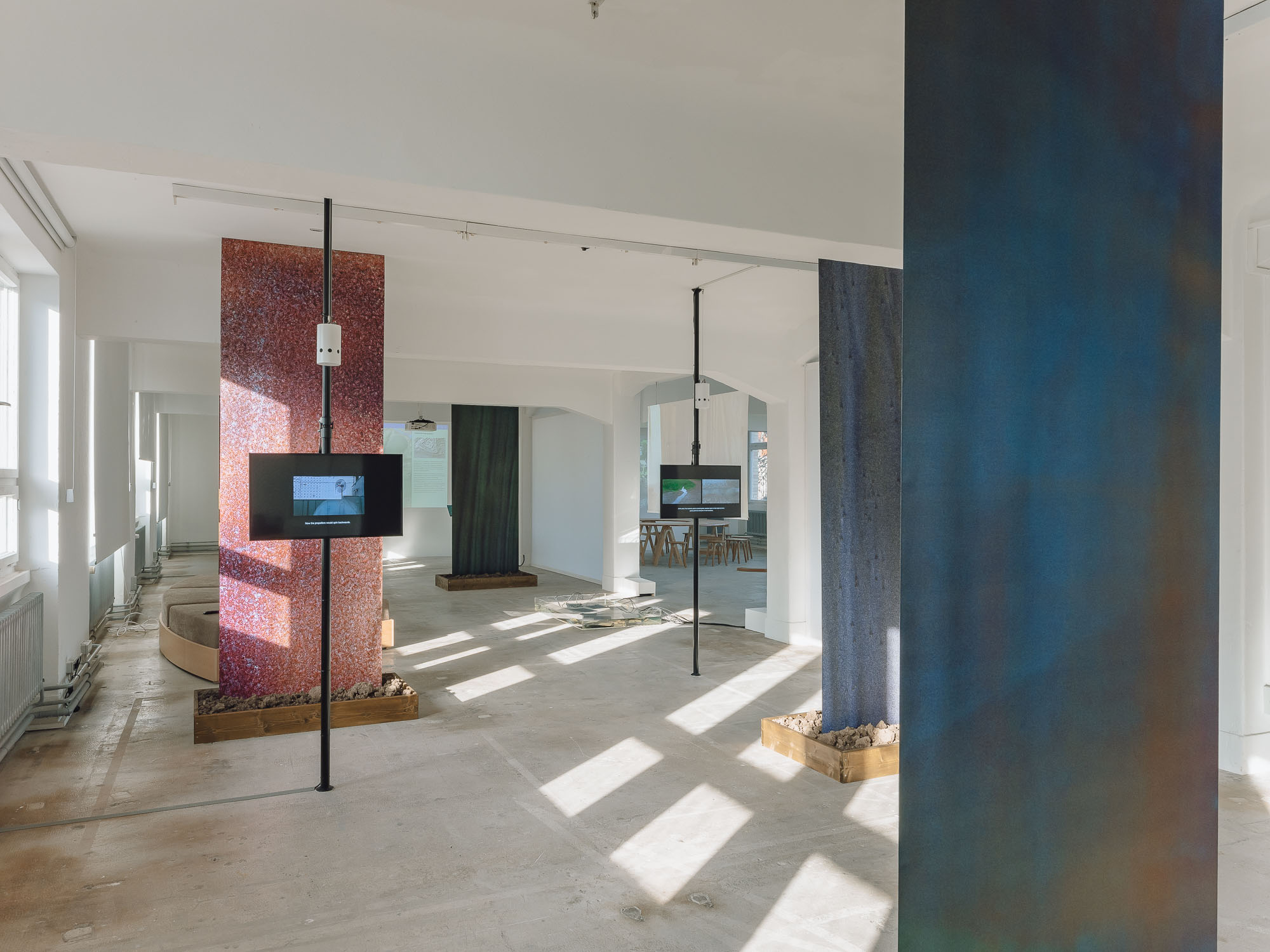
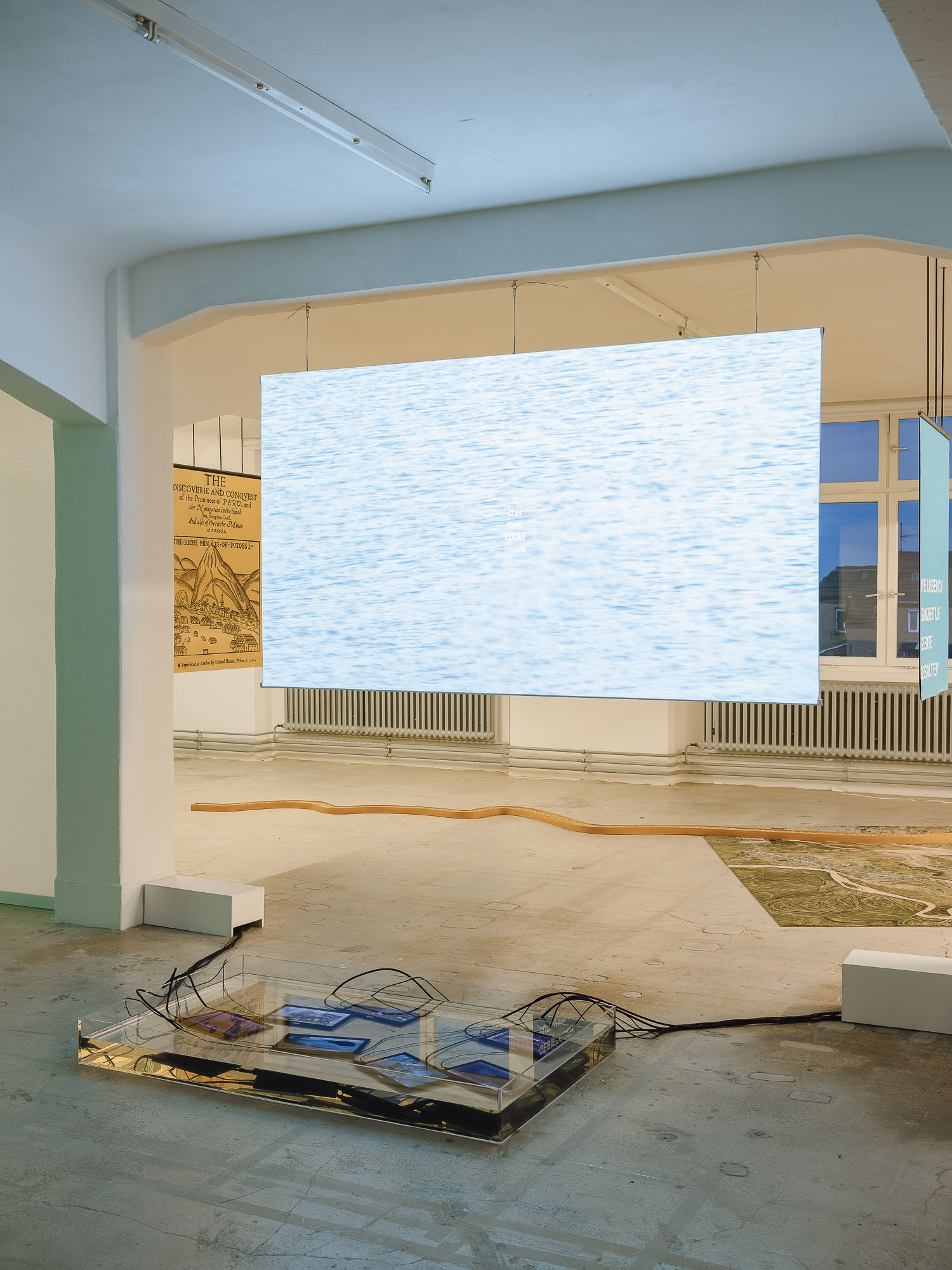
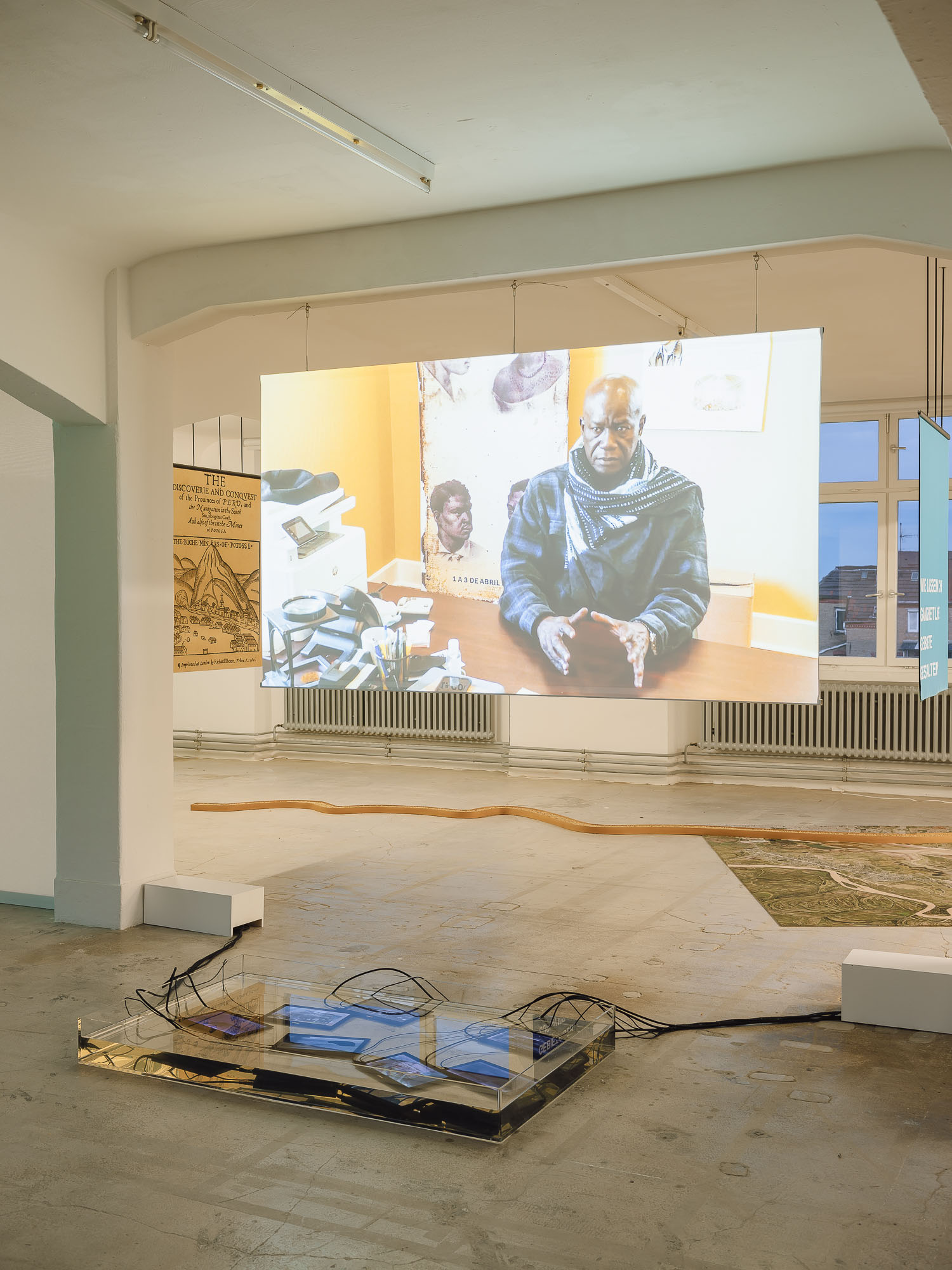
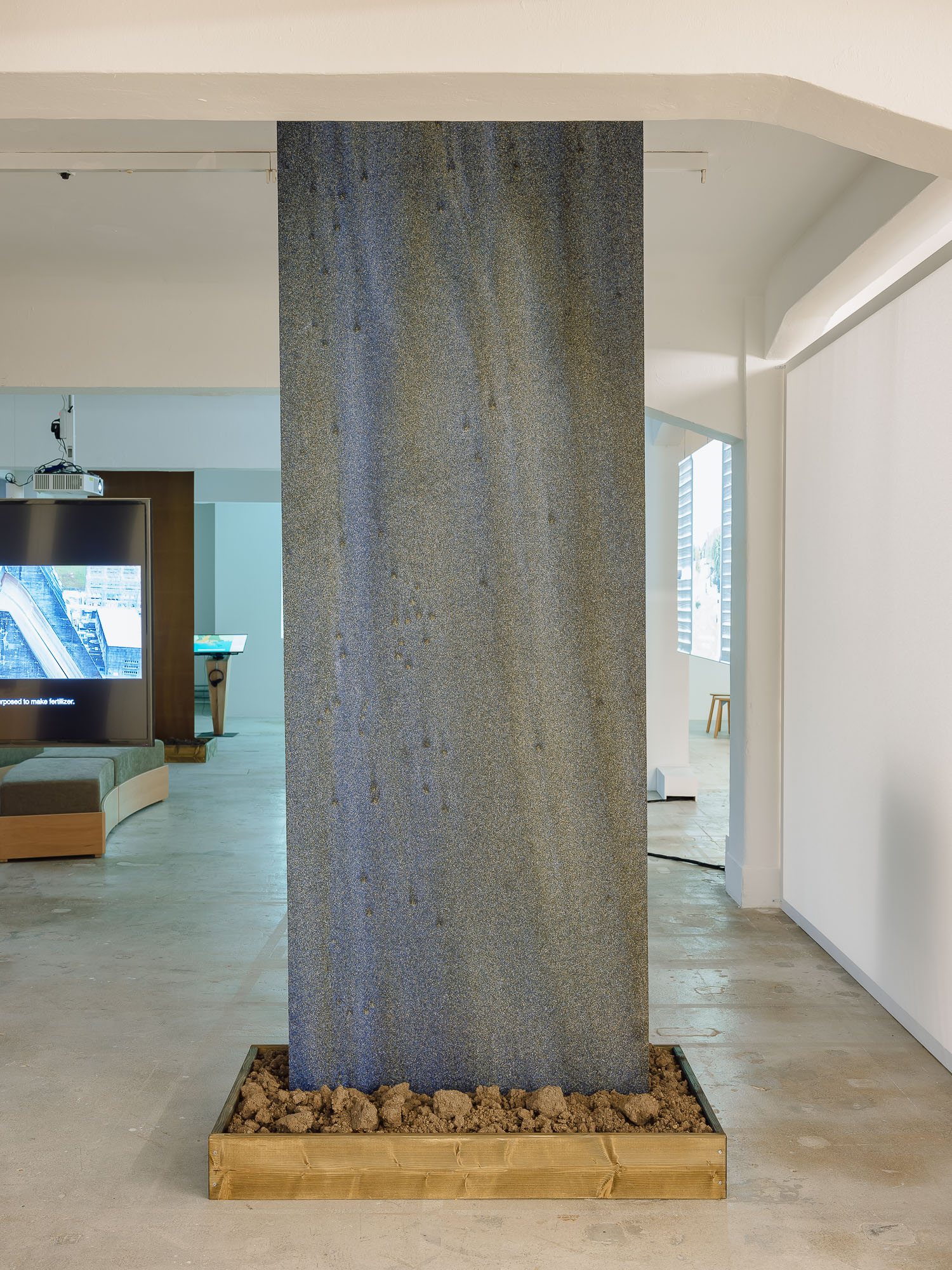
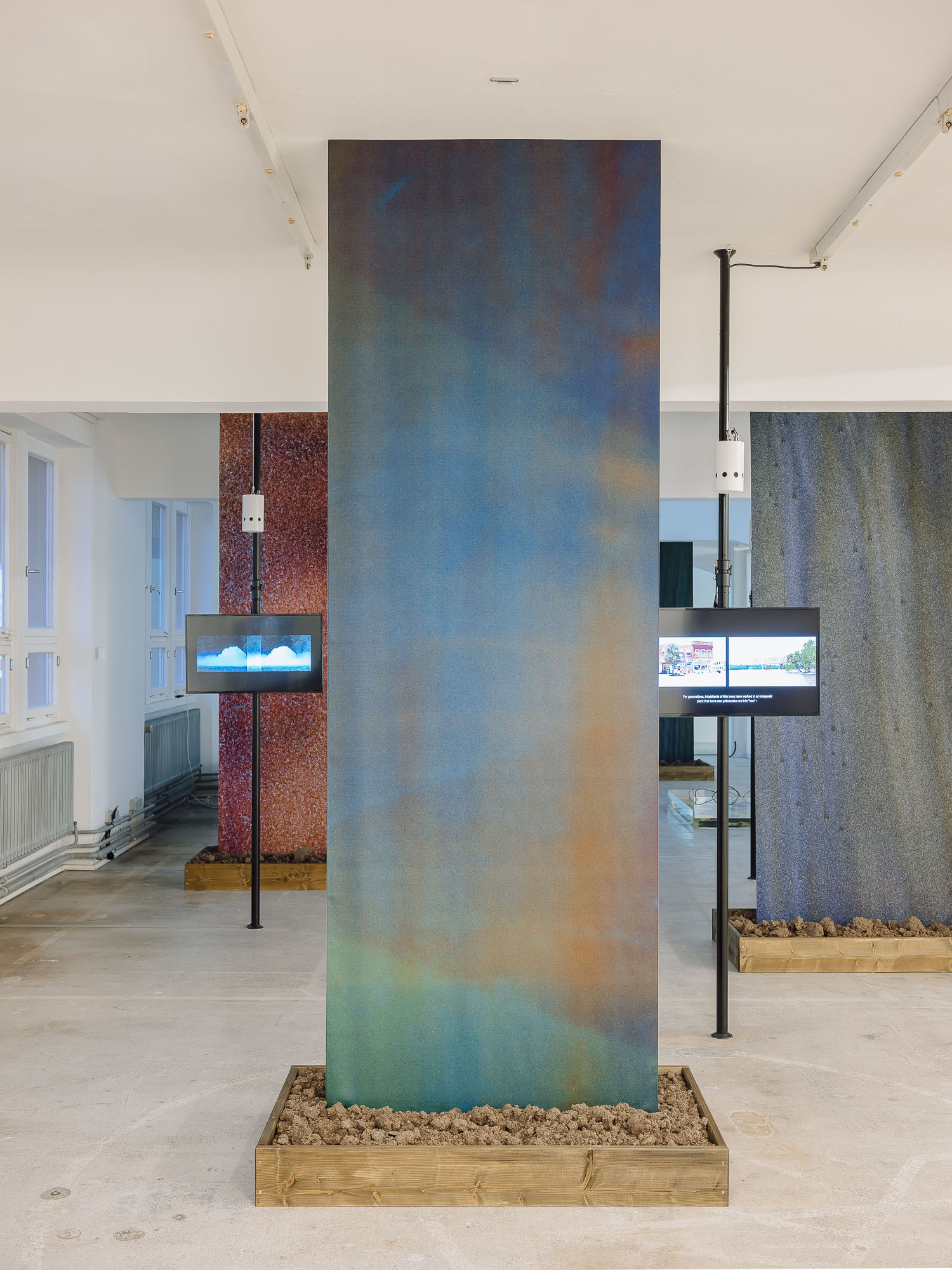
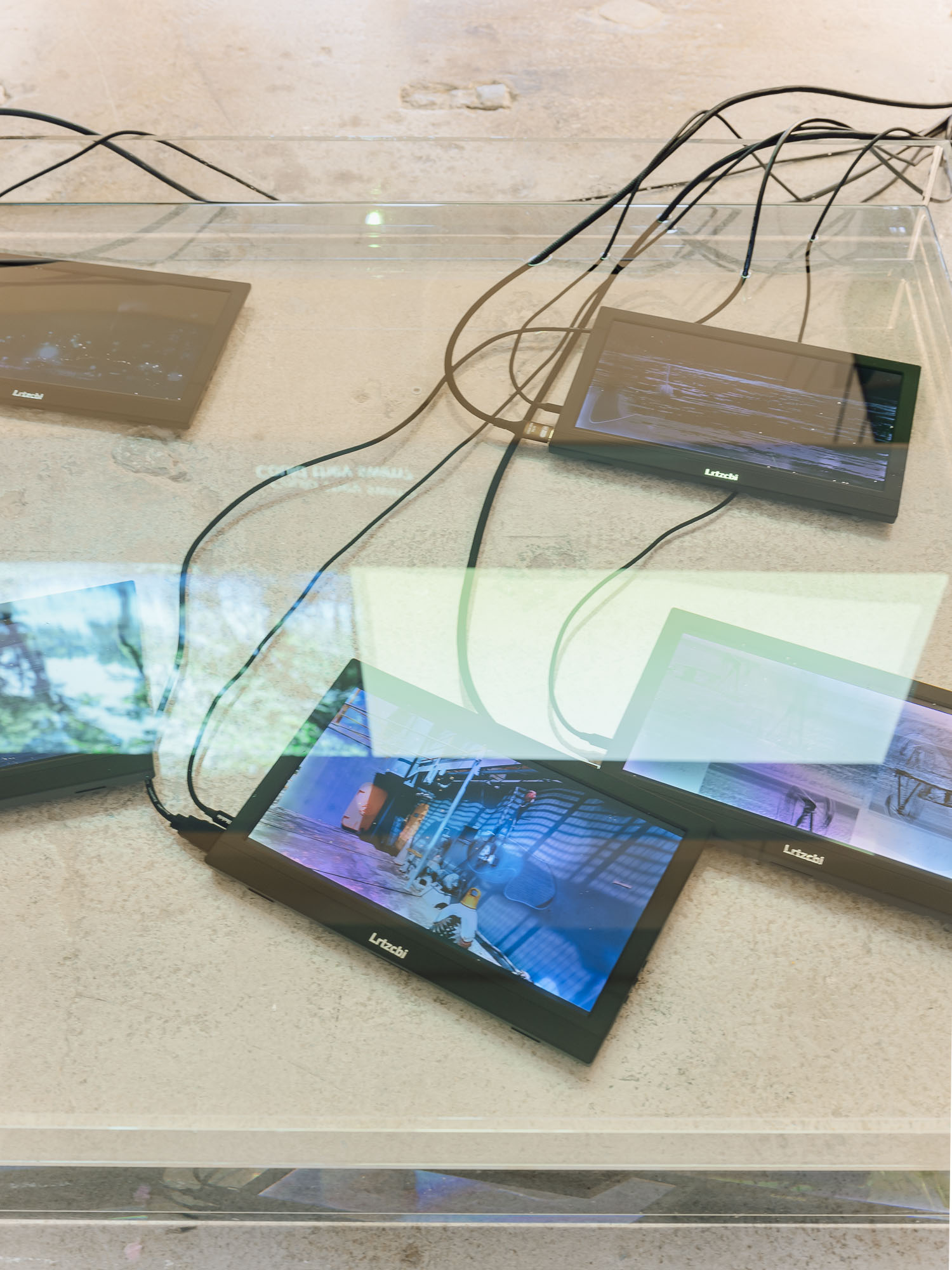
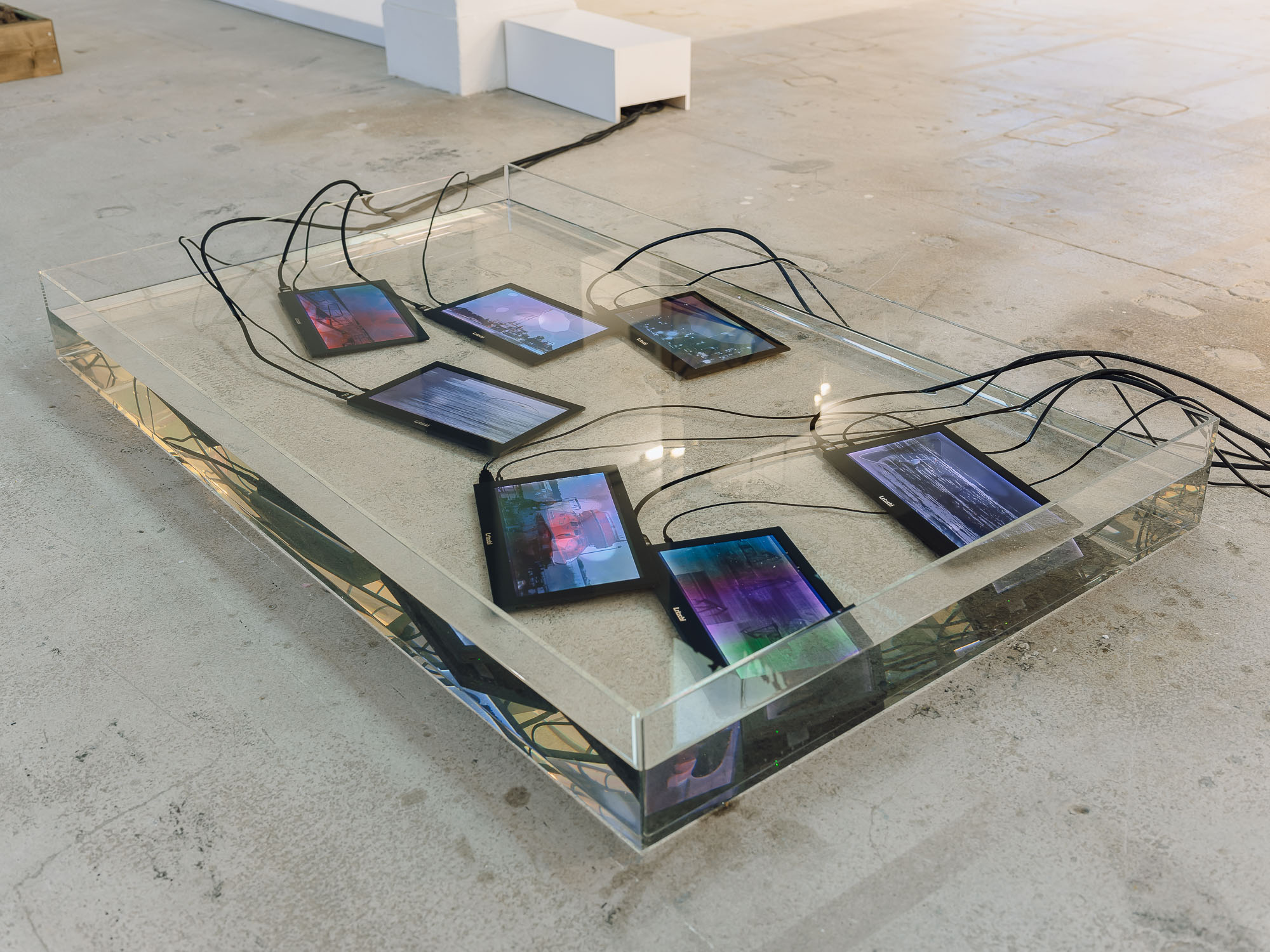
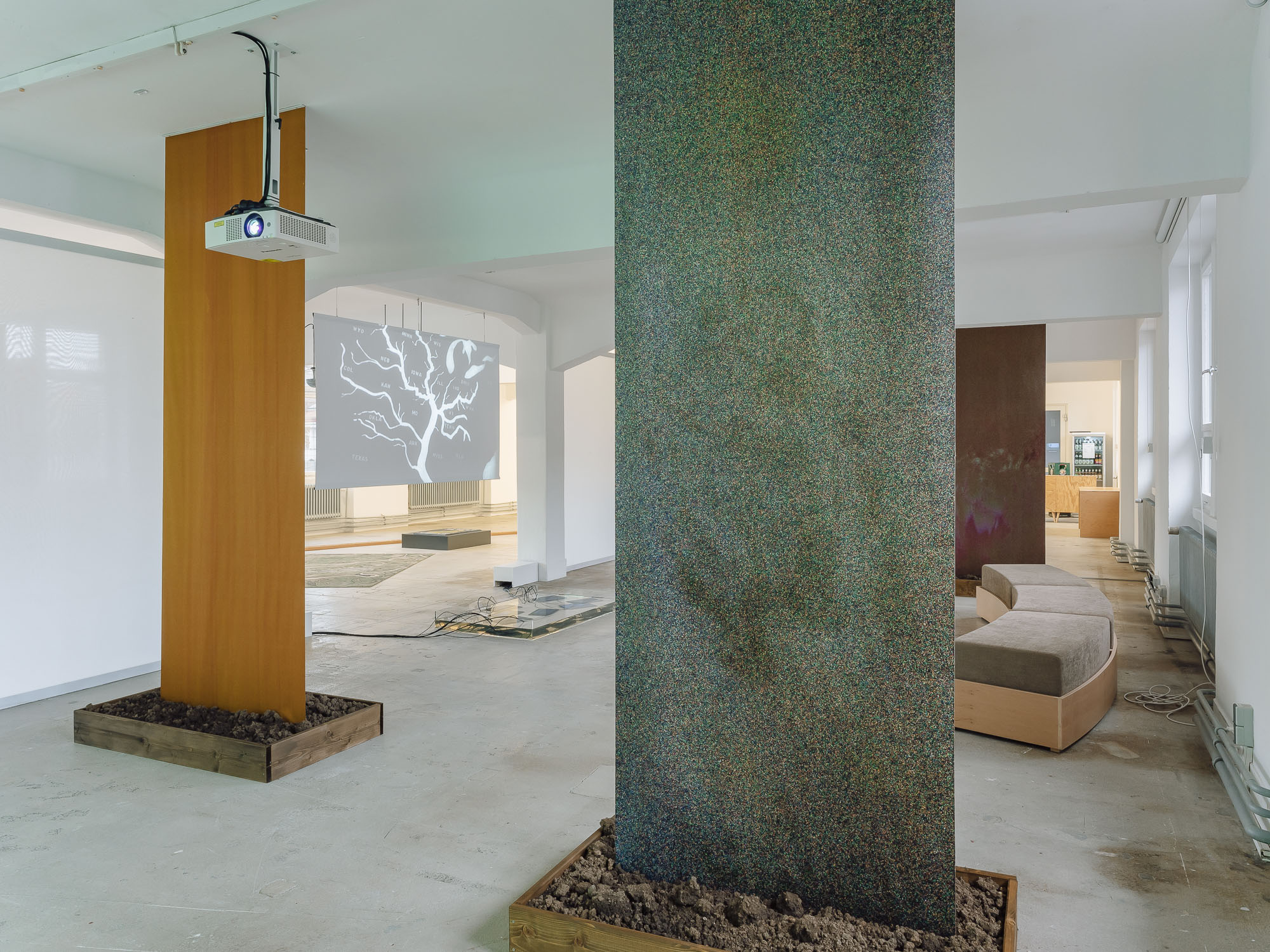
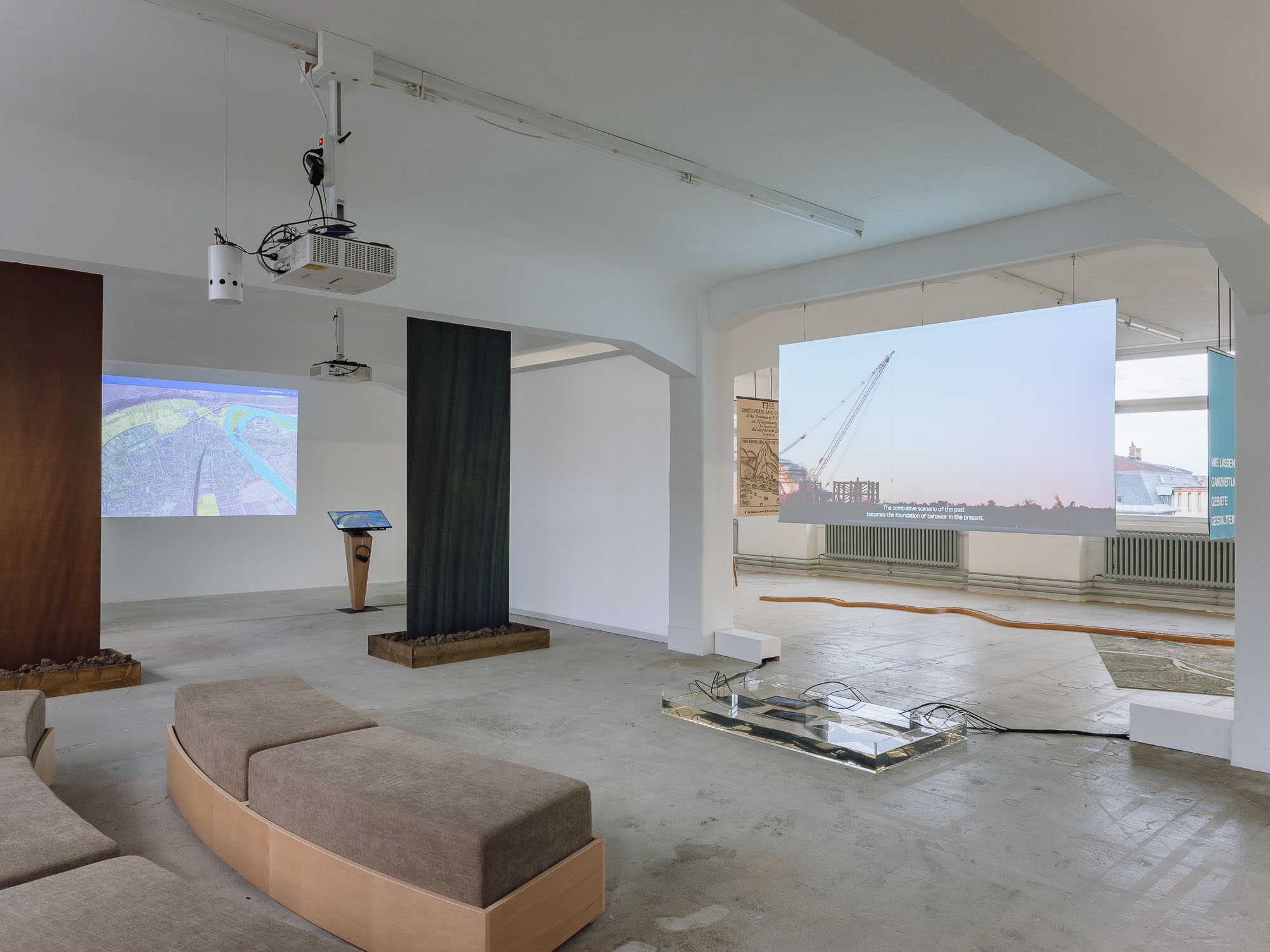

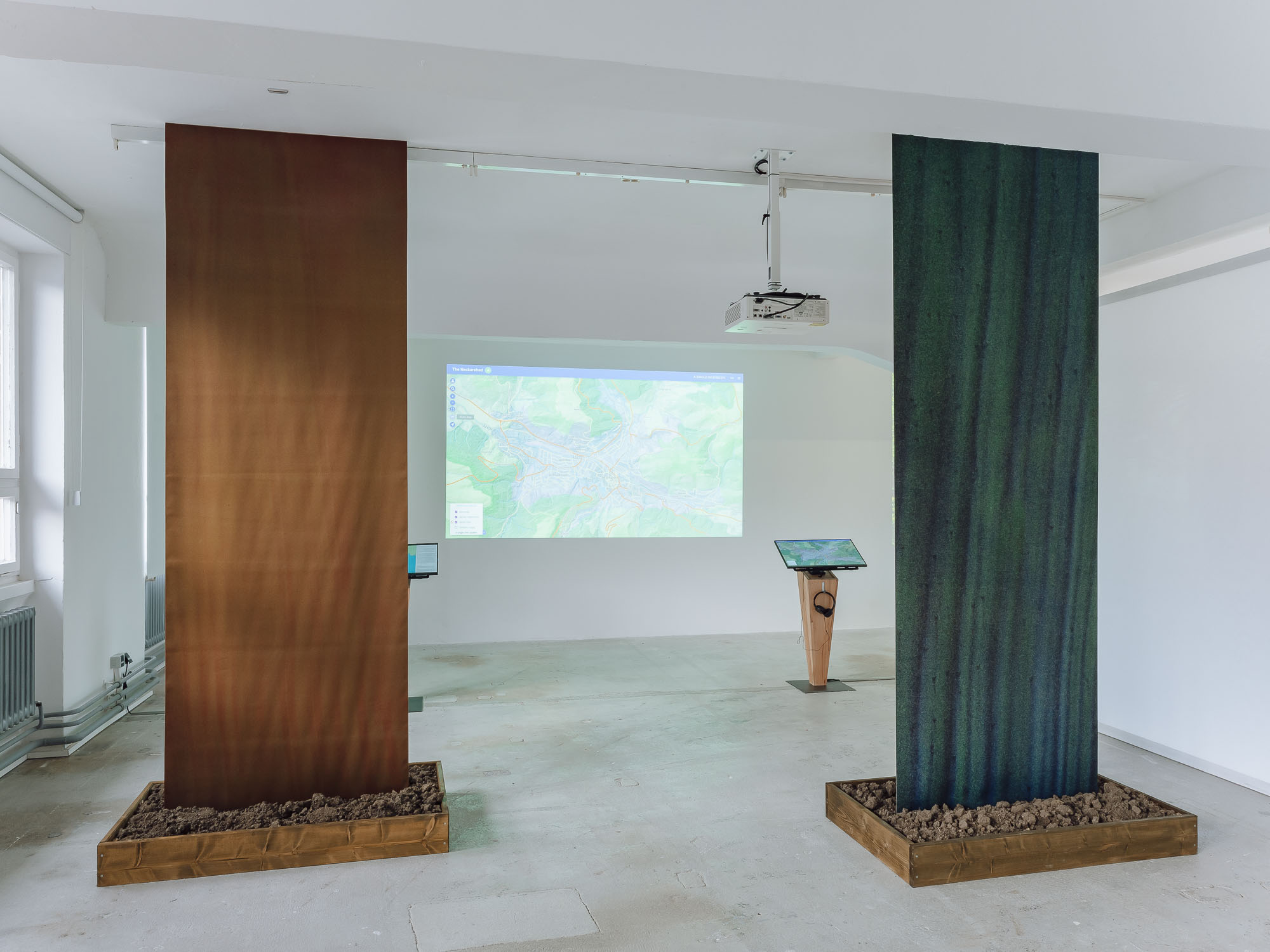

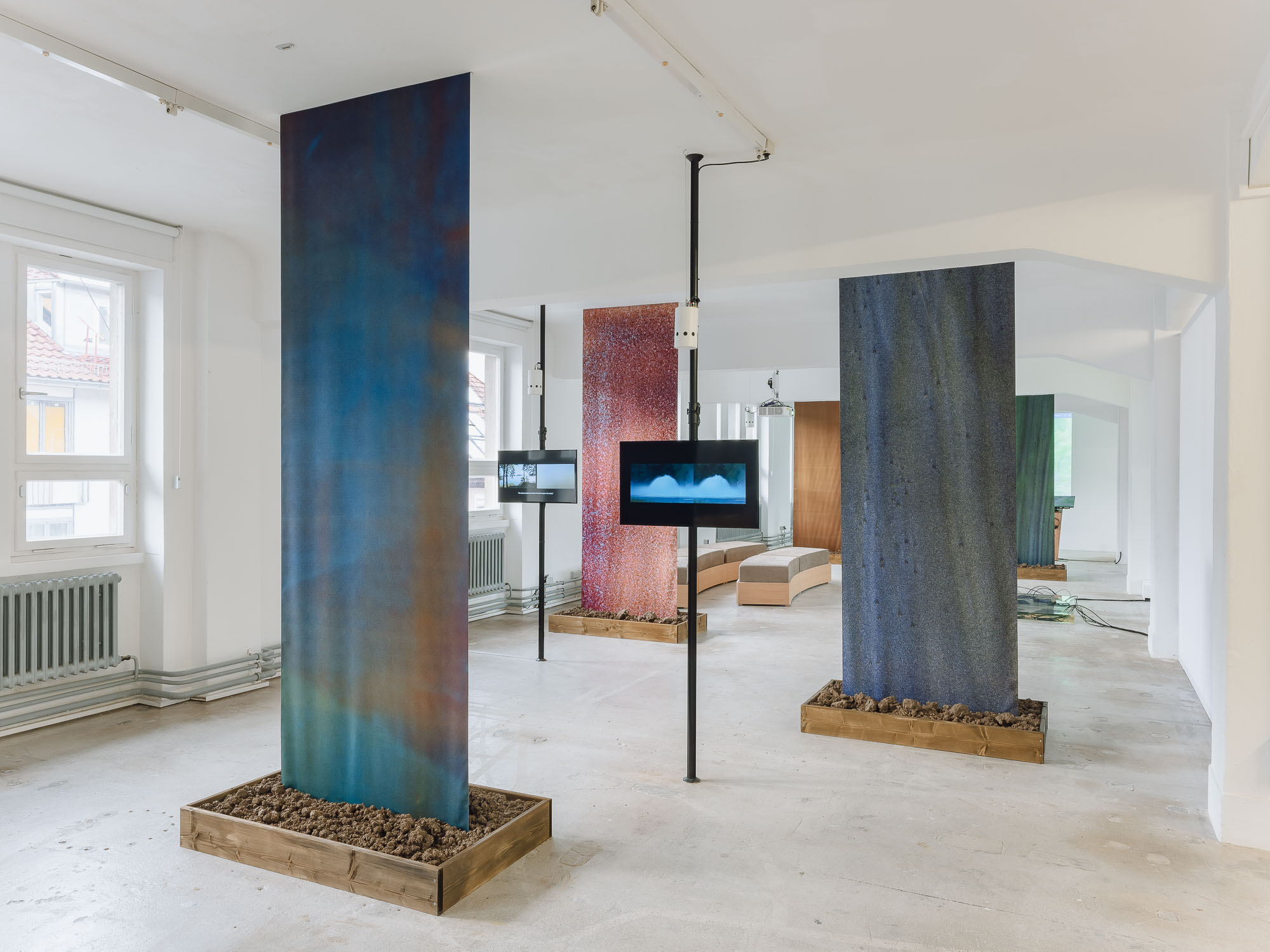
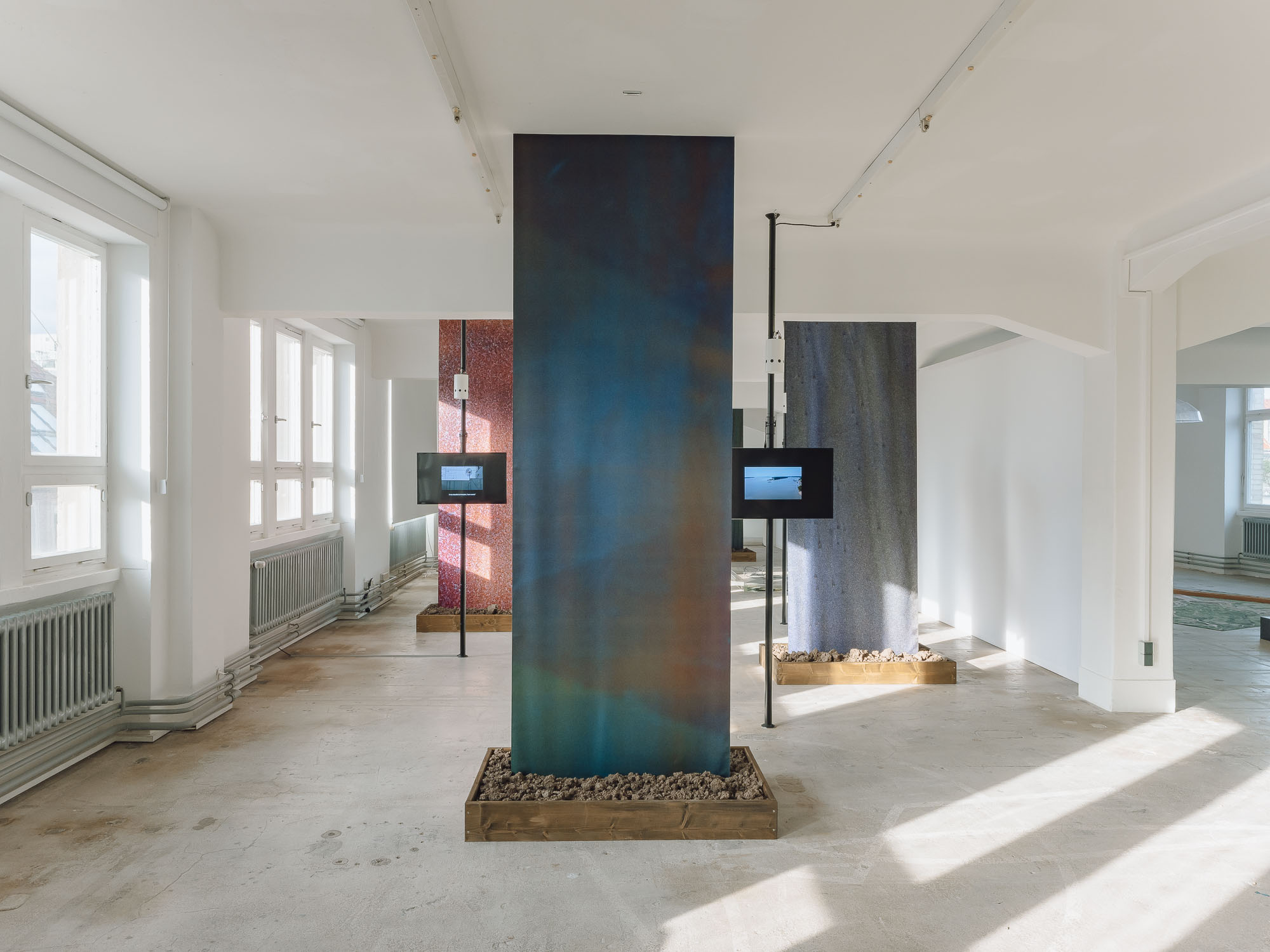
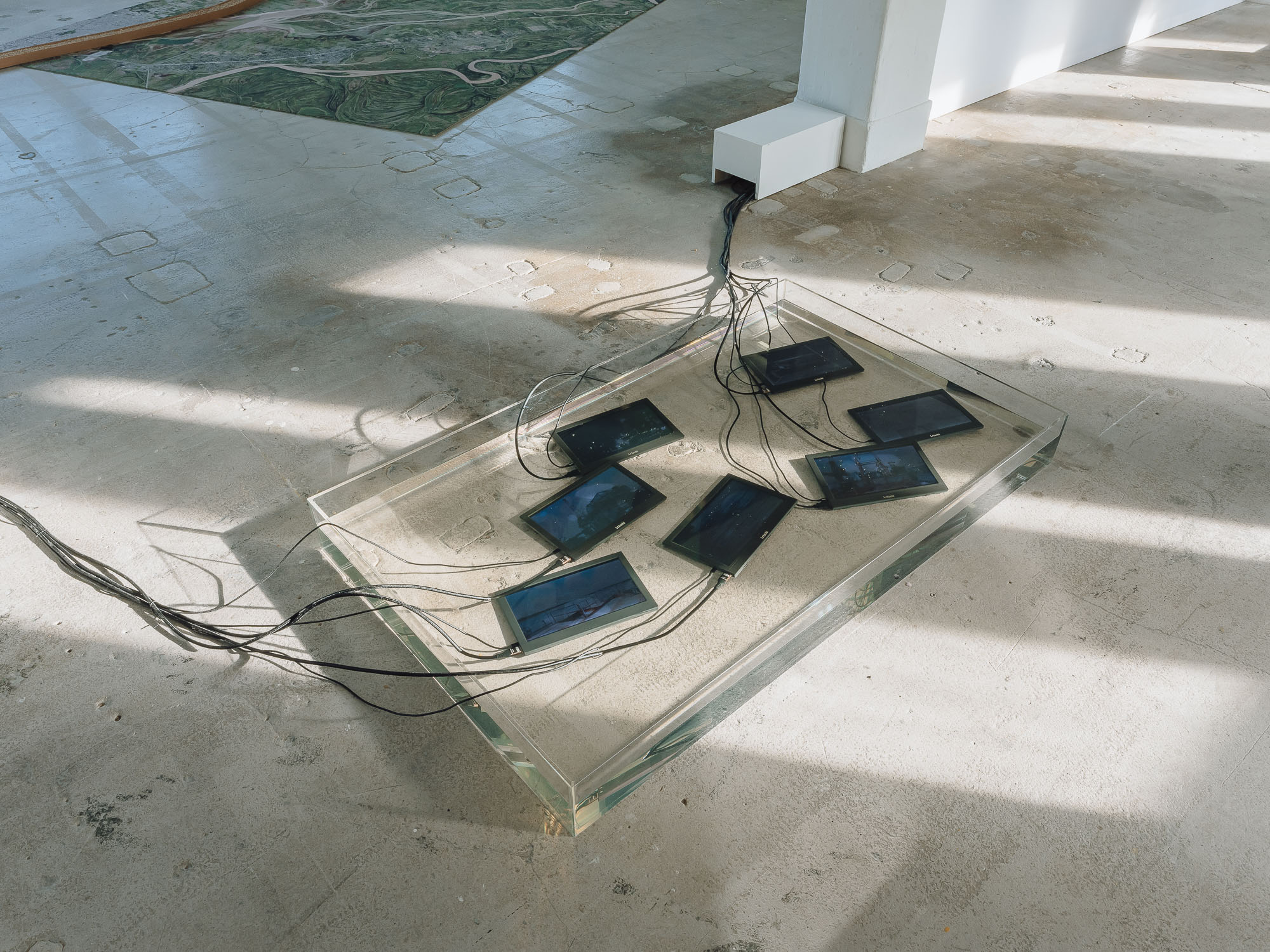
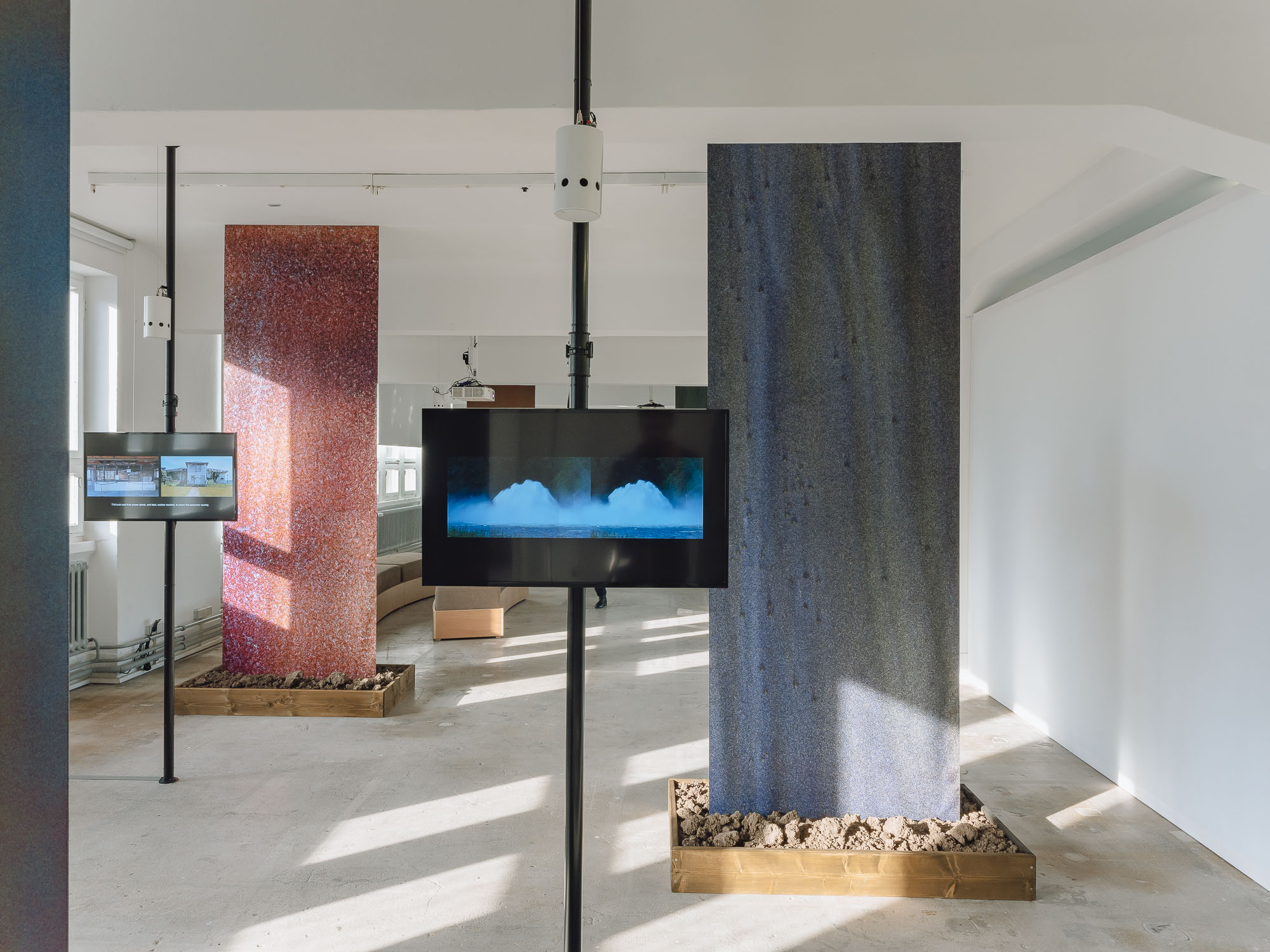
From September 2024 through April 2025, Künstlerhaus Stuttgart has been developing a riverine atmosphere, inviting artist-cartographers to show their highly sophisticated maps of riverscapes and watersheds of rivers, with a particular focus on working with Stuttgart-based urbanists and activists to map the Neckar River basin, largely using online open-source mapping software developed by artist-cartographer Brian Holmes. The atmosphere considers rivers from the perspective of the anthropocene, as corridors of both extractivism and of life, indeed looking at them as integral agents within our Earth’s ecosystem.
In the framework of this atmosphere, Künstlerhaus Stuttgart has invited award-winning lithographer — and its lithography workshop manager — Carmen Weber to show her own dizzyingly detailed lithographed maps, printed from modified former land-surveyors stones from the past century. Weber’s ‘maps’ though are deliberately useless for finding one’s way in the mapped territory; indeed, they might be described as counter-maps, or anti-maps, for with almost maniacal diligence she has sought to deactivate the maps’ usefulness as administrative tools and draw attention to maps’ relationship to power. Large stones, bearing the laterally reversed print motifs of local land maps from the Neckar Watershed, made from greasy ink absorbed by the stones in the last century, are shown alongside the series of maps on the 2nd floor gallery of the Künstlerhaus. Lithography, as its practitioners often say, is the art of making the stones speak. And the stones that lithographers use — limestone plates from quarries in the Solnhofen region, so-called Solnhofener Plattenkalk — is in fact not so much mineral as organic, formed in anoxic deposits some 150 million years ago from microbial organisms. Depositories of prehistoric life, the stones can indeed be made to speak, or in Weber’s intricate work, to stammer.
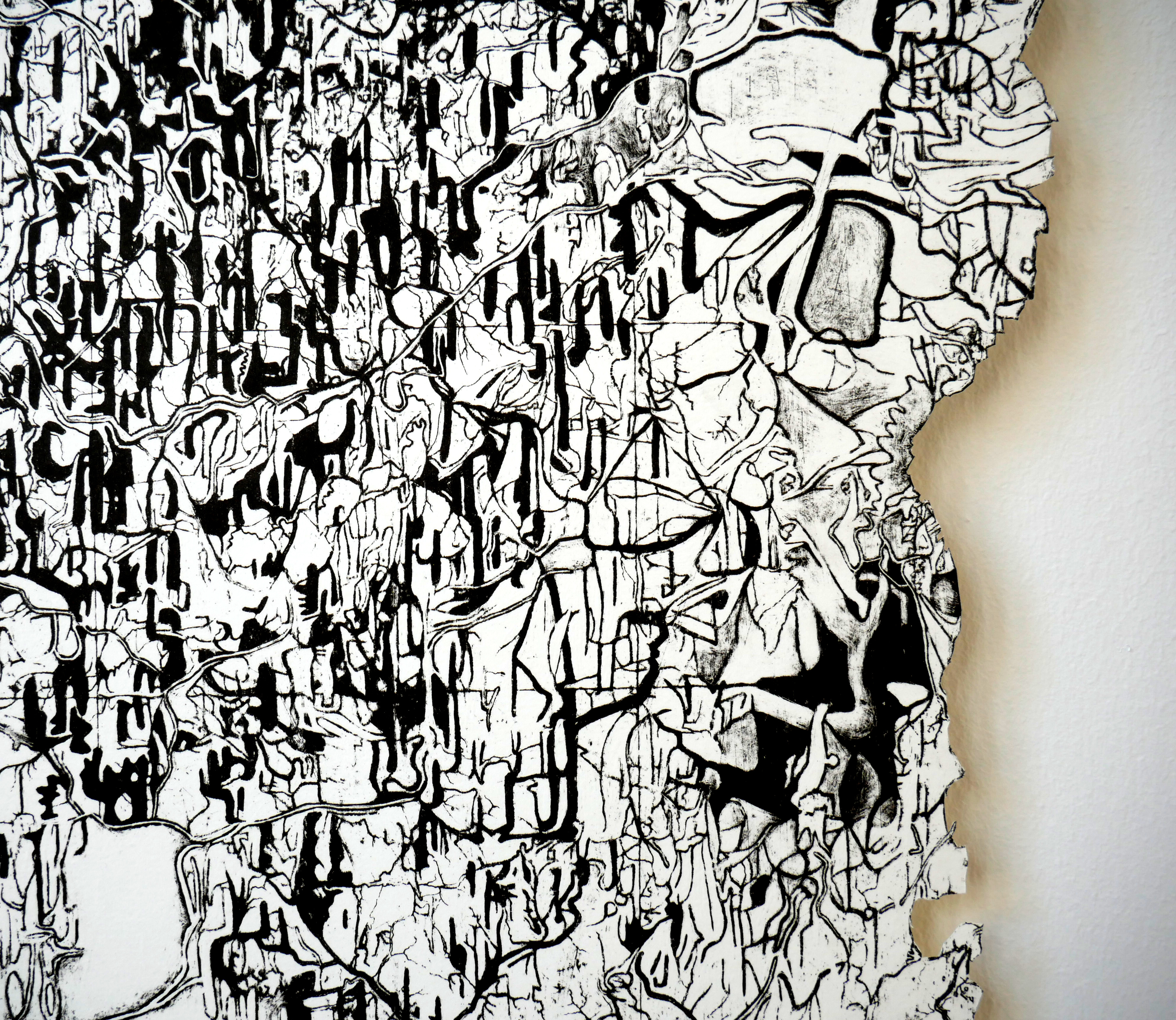

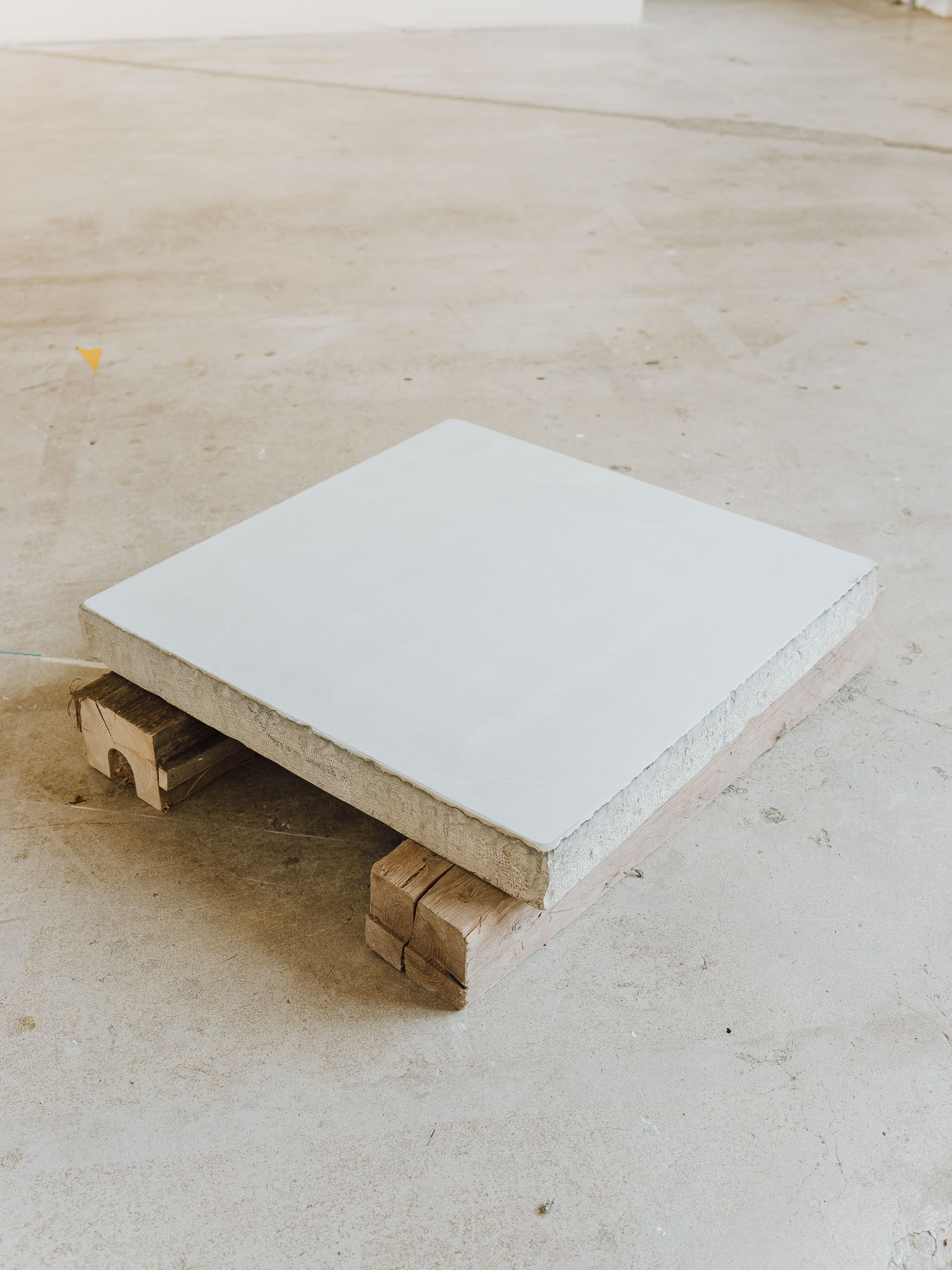

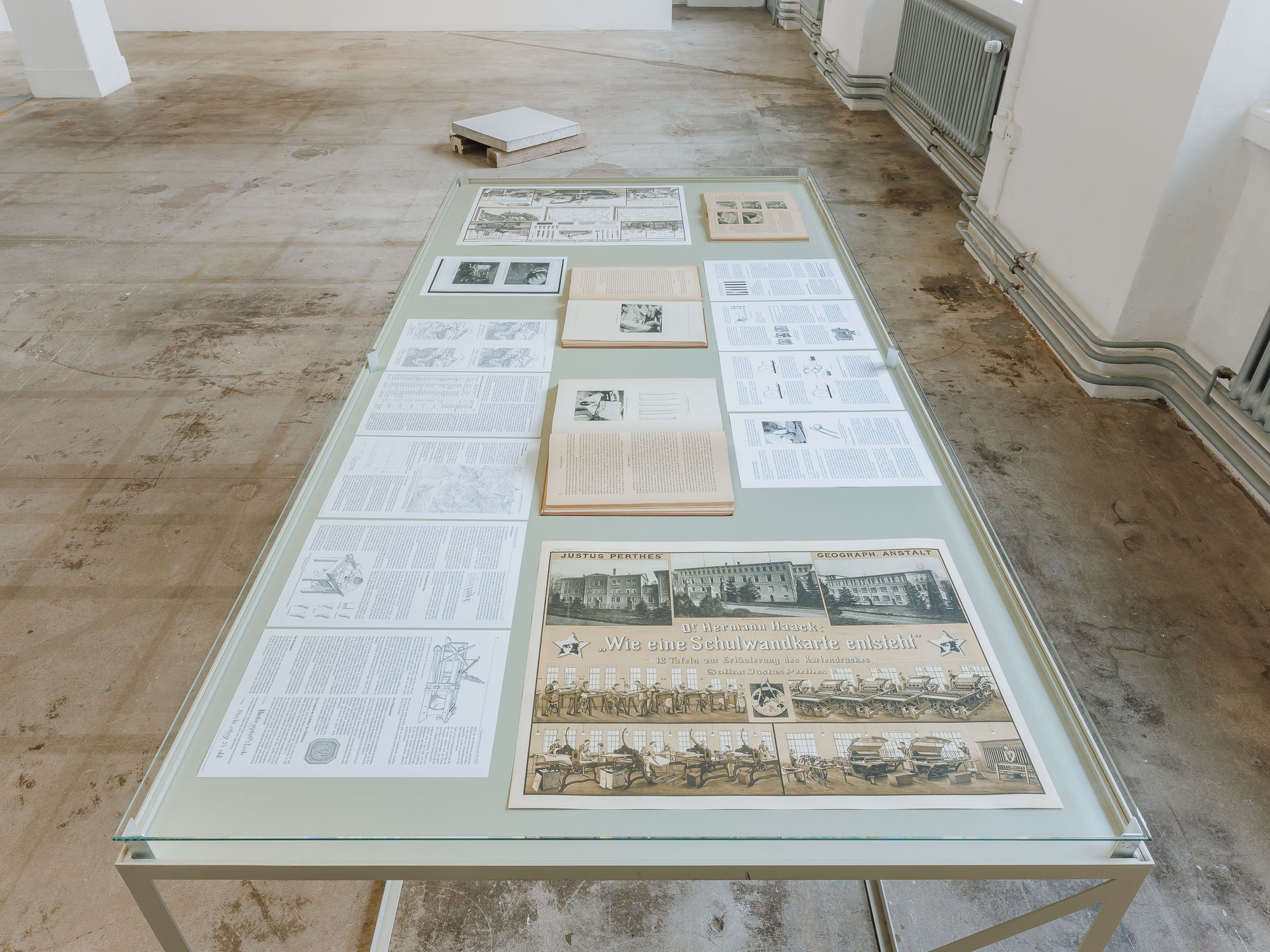

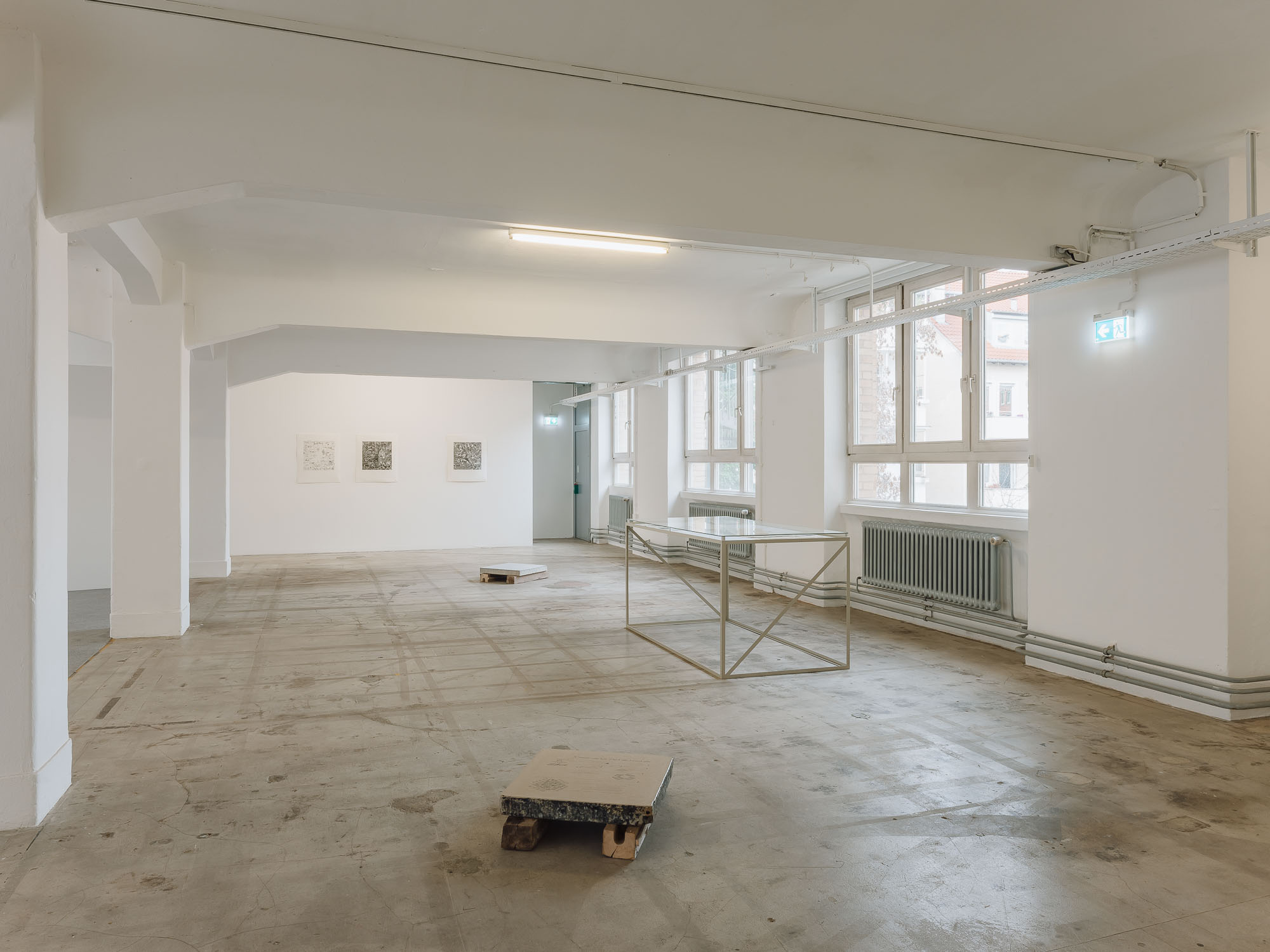
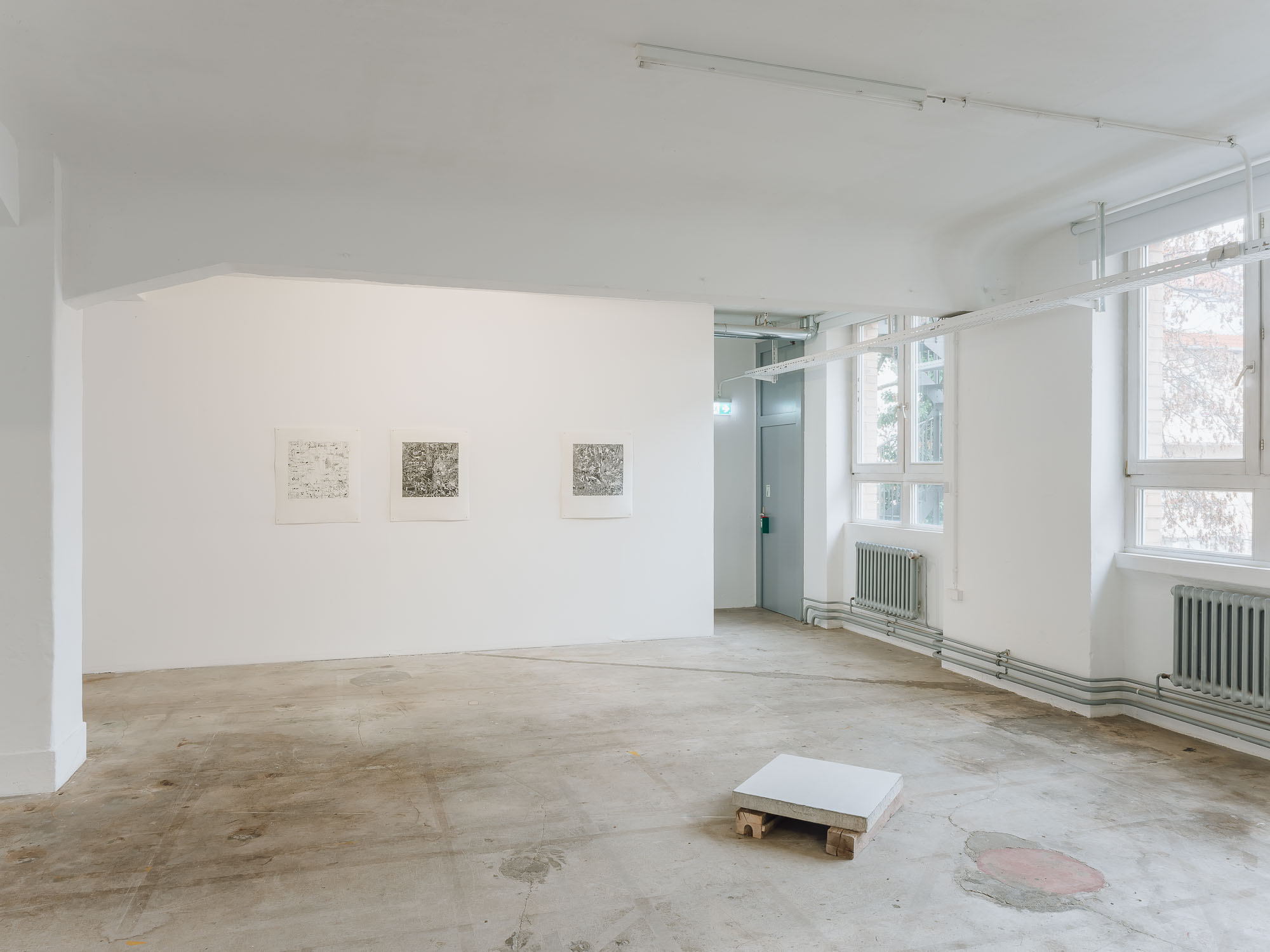

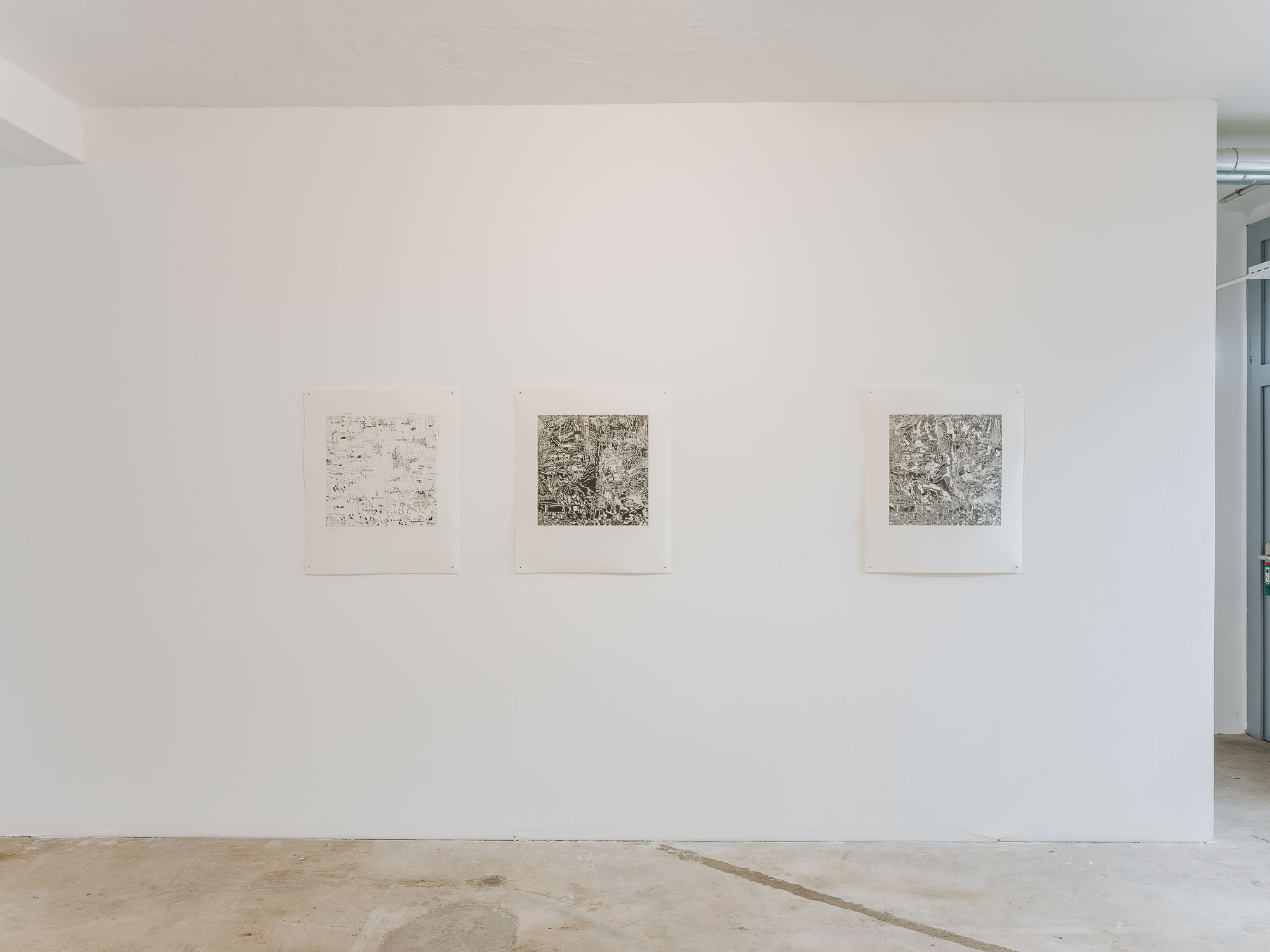



In the 38th Tuesday Workshop, Vesna Hetzel will present her artistic work and in particular several video works that deal with questions of boundaries, power, the body, visibility and invisibility and situatedness. In addition to older works, she will also share a new video that was created in the context of an artistic research project with Ann-Kathrin Müller. The work questions the shift to the right, determinism, the act of bearing witness and personal responsibility in the current multiple and intertwined crises and wars, especially in the context of the strengthening of extreme right-wing parties in Germany from the perspective of the mythological figure of Cassandra*.
“Your dreams against her javelins!
She was right, you could say, if there was any right at all on the side of the javelins.
I said: No. That was the only word I had left: No.
I said: if you can stop winning, this city of yours will stand.
Why did you let it become strong?
Since our time was limited, we couldn’t waste it on side issues.
So we went, playfully, as if we had been given all the time in the world, towards the main thing, towards ourselves.” (Excerpts from: Christa Wolf, Cassandra)
Vesna Hetzel (she/her) is interested in the experience of physicality and liminality, overlaps, incompatibilities, places where border crossings, violence and power relations are inscribed and have an effect on bodies. For her, artistic practice is a space of possibility that can trace, explore, share and communicate social, political, virtual and physical processes in a transdisciplinary and intersectional way, thereby enabling diverse relationships. The methods she has developed are process-oriented and always invite people to participate in the creation of the artistic form. The chosen media include performance, video, text, drawing and sculpture. She studied fine arts at the Kunstakademie Stuttgart and at the Bezalel Academy of Arts and Design, Jerusalem. In 2021, her video works were awarded the ABK Stuttgart Academy Prize. Vesna Hetzel was a scholarship holder of the Heinrich Böll Foundation and the Baden-Württemberg Foundation. In 2024 she received the Barcelona Residency Scholarship from the Baden-Württemberg Art Foundation. Her works have been shown at the Sammlung Fröhlich Leinfelden, Galerie Oberwelt e.V. Stuttgart, Halle 14 Leipzig, Hangar.org Barcelona, among others.
Tuesday-Workshop
The Künstlerhaus invites an artist or a collective—meaning any artists or cultural workers from any field or discipline—to talk about their working methods as well as their backgrounds and approaches. We want to establish a platform for a more in-depth interaction with regard to artistic practice, and in doing so to create a network, show solidarity, and mutually strengthen one other.
The series is aimed at all members of Künstlerhaus Stuttgart, artists either living in Stuttgart and the surrounding area or just traveling through, all cultural workers, art mediators, curators, etc., and is open to everyone!
* Supported by the Kulturamt, Stadt Stuttgart
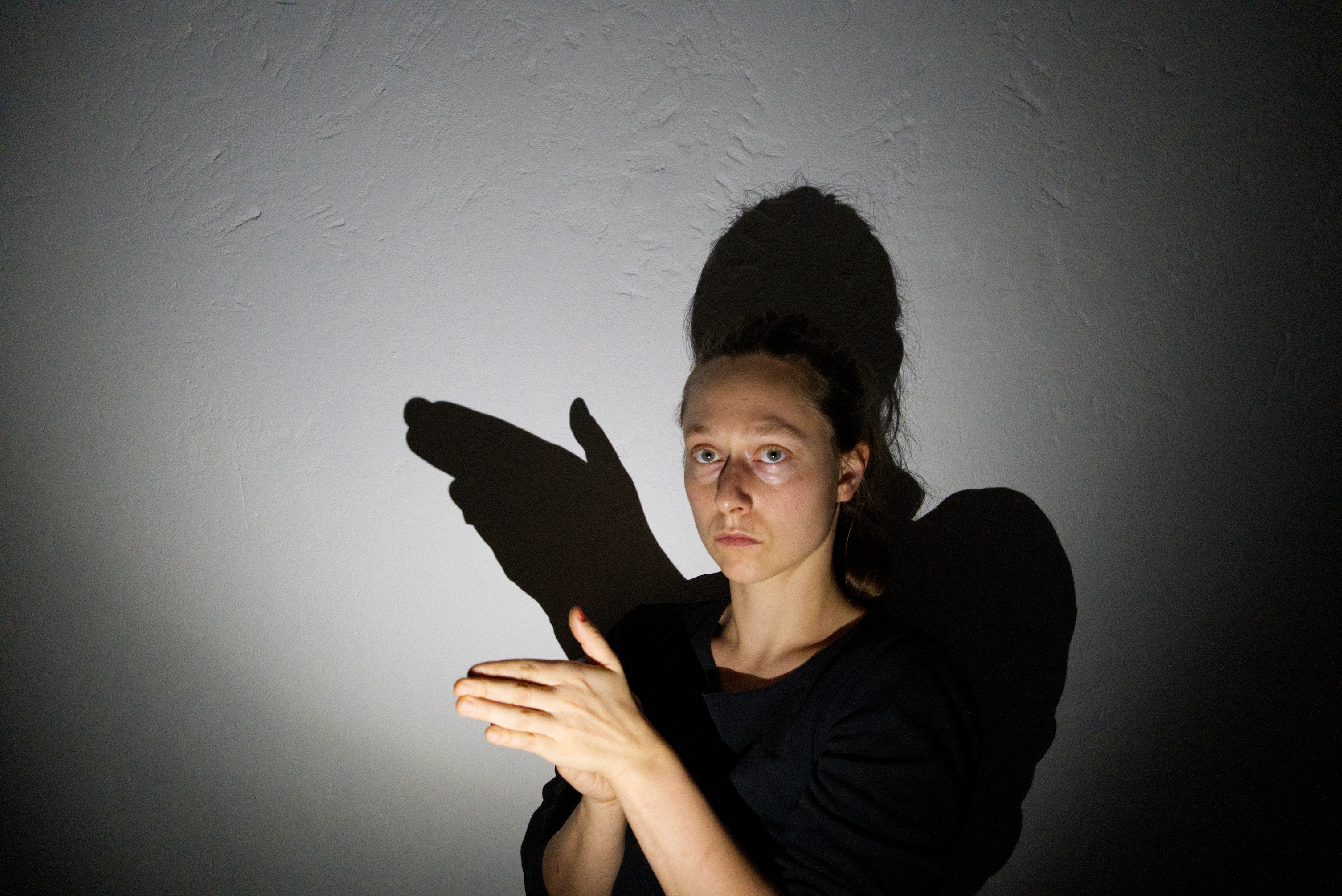
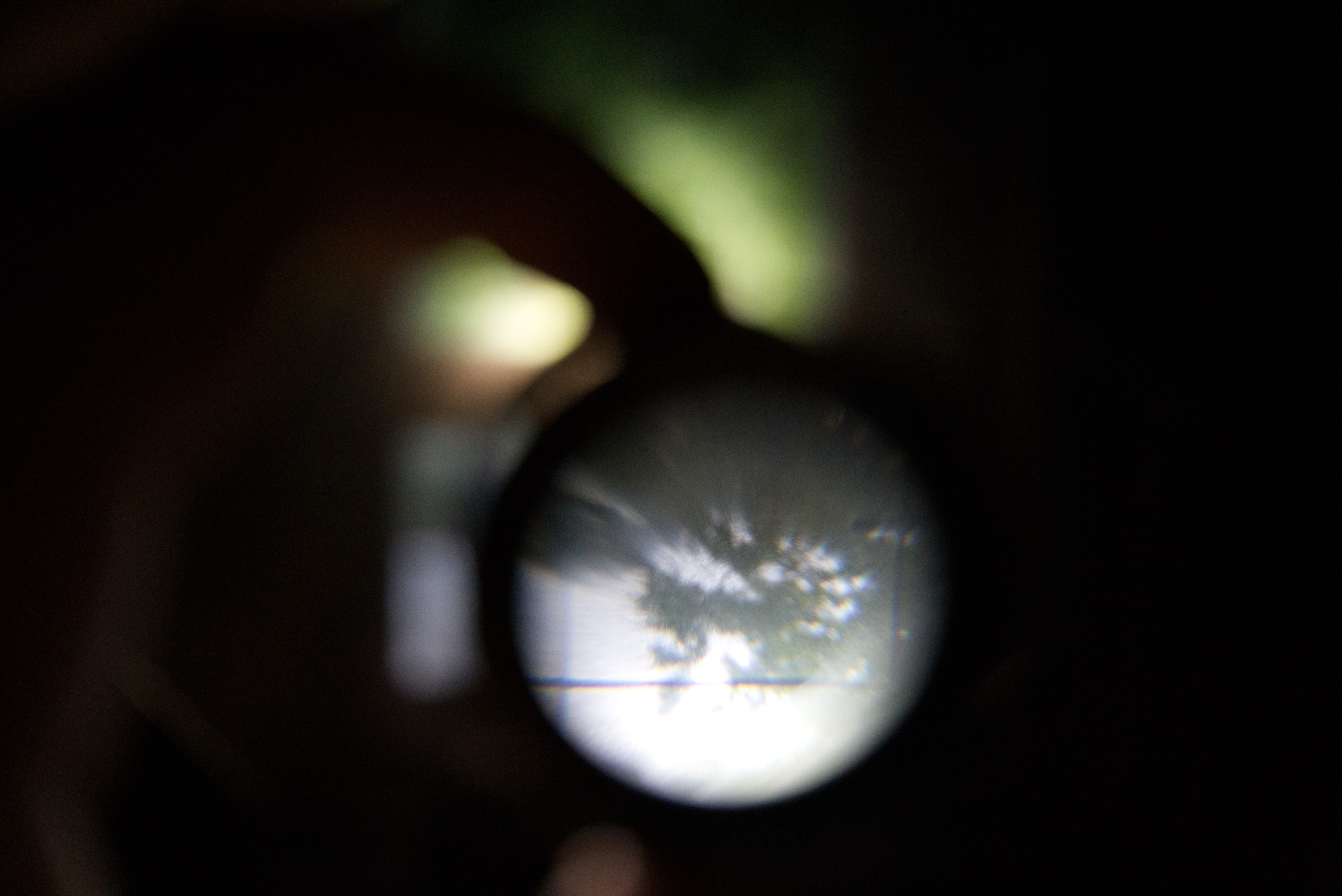
The Künstlerhaus studio fellows Paco Ladrón de Guevara and Marcela Majchrzak with Sofia Falsone invite you to a butter and movement workshop on the studio floor of the Künstlerhaus.
Together they will perform the simple recipe for making butter and build a collective butter sculpture. Afterwards, the butter can be enjoyed over dinner with freshly made allies.
Please bring comfortable clothes and your favorite butter toppings.
The participation fee is between 15 and 25€.
For questions and registrations send an email to Majchrzak.marcela@posteo.net.
Welcome to the Sonic Spa for Financial Wellness. On December 16, in the audio lab of the Künstlerhaus, the rhythms and cycles of the financial markets will pamper the exhausted mind with a revitalizing mix of crypto ASMR, binaural ambient music for Forex traders and Wall Street noise. Oscillating between market optimism and increasing economic uncertainty, this listening session combines music, theory, data and speculation in a remix that exposes and questions the logics of the financial world.
Imagine a gentle but firm grip working the tension in your muscles-a soothing massage that slowly releases the pain in your neck and shoulders. Breathe in deeply. Feel the goosebumps tickle your skin as the invisible hand of the market nestles against your body and Fortuna whispers softly in your ear: “You live and breathe the financial markets.”
After the presentation, you are cordially invited to think together about how we can experiment with economies beyond financial capital.
Listening Sessions
This date marks the start of the new “Listening Sessions” series of events in the Künstlerhaus audio studio. Artists are invited to bring along the music that inspires, shapes and accompanies them. We will listen to them together in the recording studio.
The regular series offers a space to exchange ideas about sonic influences and personal connections to music.
This series of events was conceived by Lena Meinhardt, artist and workshop manager of the audio workshop at the Künstlerhaus.
As places in the recording studio are limited, please register at audio@kuenstlerhaus.de.
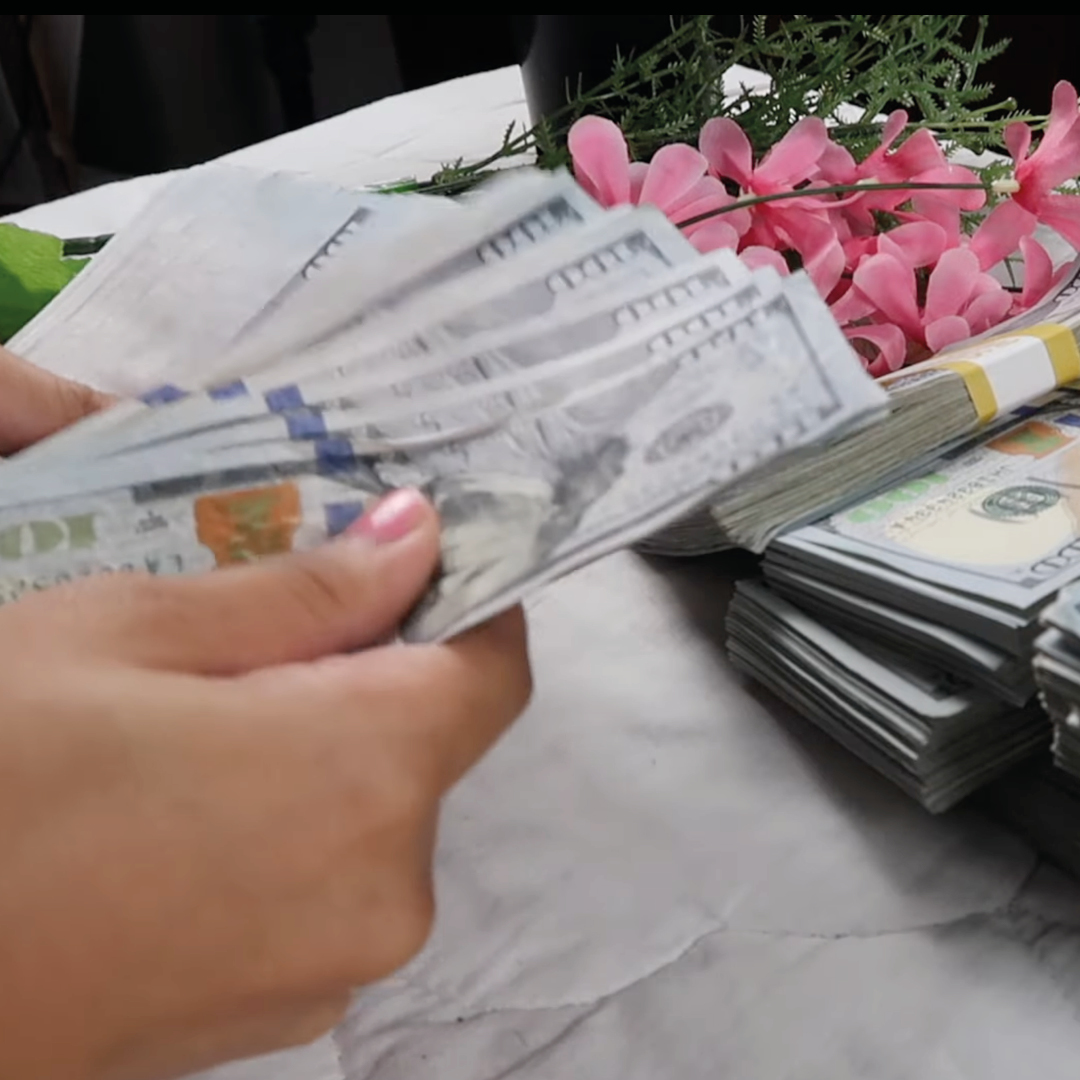
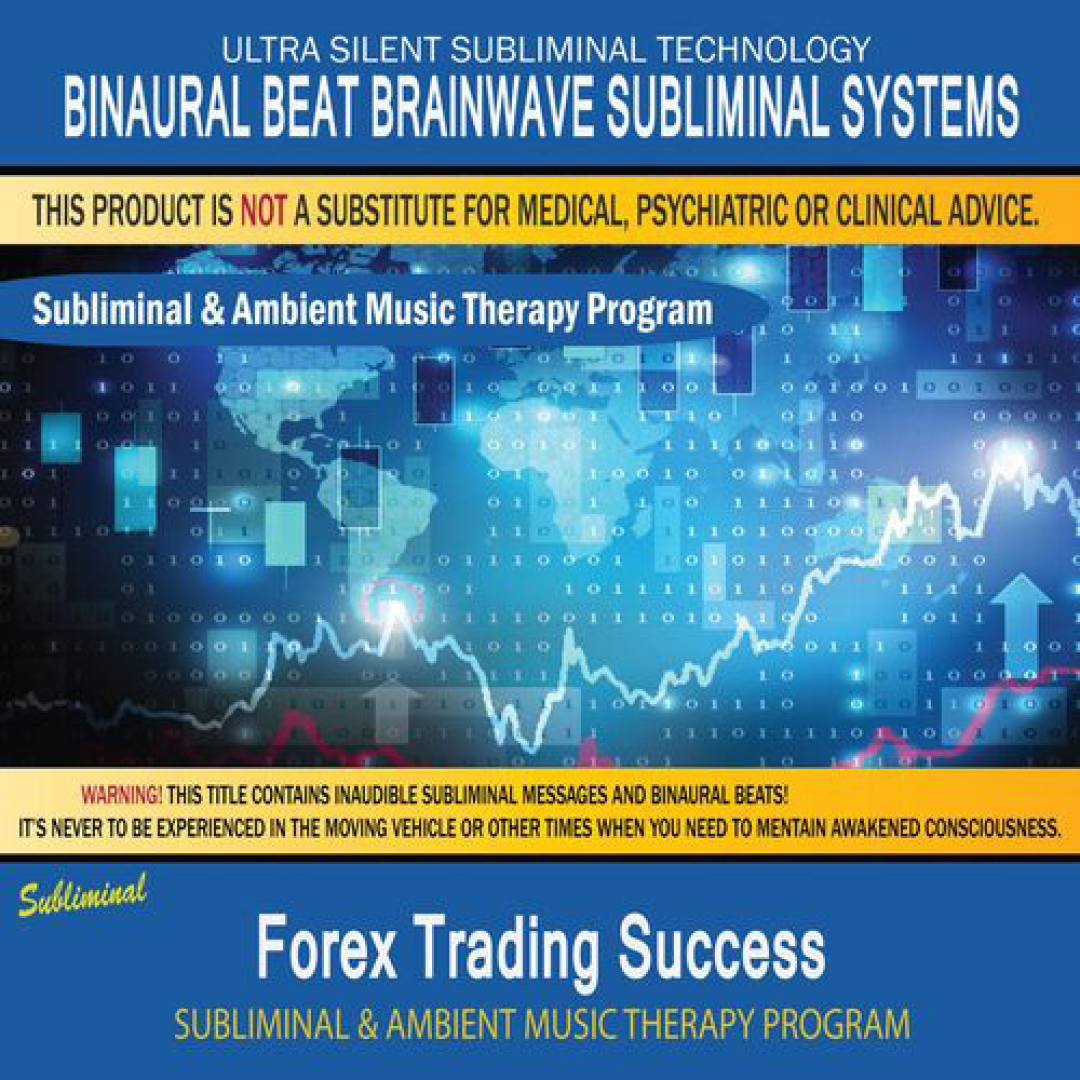

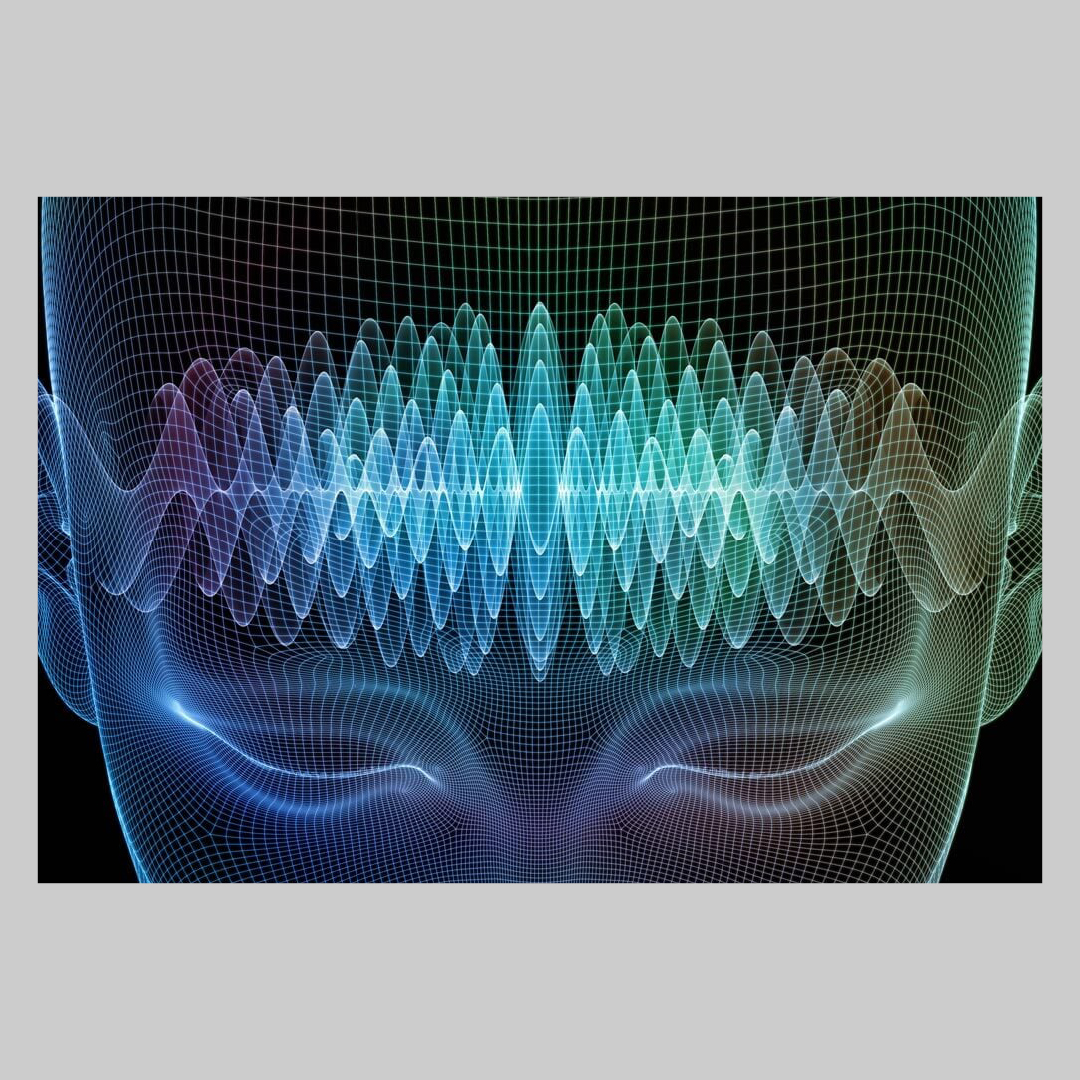
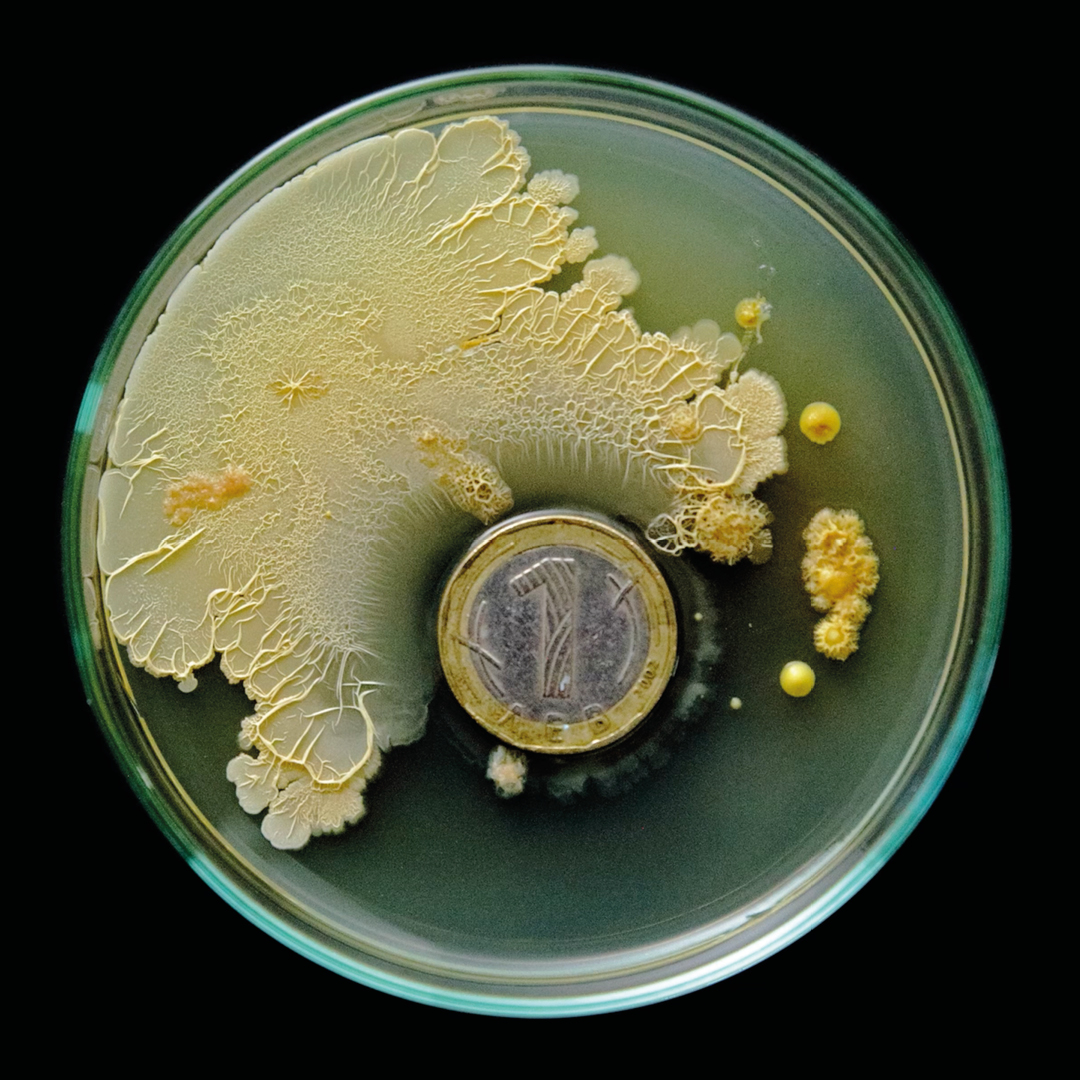


On May 1, 2025, the Künstlerhaus Stuttgart will award up to seven studios for a period of twelve months as part of its studio program. Six of the workspaces are approx. 25 square meters each, one approx. 15 square meters. A large space is accessible for all recipients. Additionally, stipendiaries have free access to all workshops of Künstlerhaus Stuttgart. The studios are free of rent, but a membership at Künstlerhaus Stuttgart will be necessary.
It is possible to extend the studio grant through ap
plying for another year. This option can be used not more than twice, so a maximum period of three years is possible.
Künstlerhaus Stuttgart was founded in 1978 as an initiative of local artists. Since then it has developed into one of the most distinguished institutions for contemporary art nationally and internationally. In addition to the exhibition program and complementary series of lectures, screenings and discussions, Künstlerhaus Stuttgart hosts production workshops including audio-visual media, various printing techniques, ceramics, and a separate workshop for children.
Künstlerhaus invites applications from the fields of art, architecture, theory and design, that involve ideas and projects to which the specific infrastructure of Künstlerhaus Stuttgart can serve as a helpful context. Applications of groups and single applications are both welcome. Students are unfortunately not eligible to apply.
Application
Please include with your application the following documents:
– CV
– documentation of your artistic work, such as portfolio, catalogues (max. 2 books), images etc.
– a written description how you want to use your studio at Künstlerhaus Stuttgart
Please send us your application via email, please send one pdf file only, latest by January 31st 2025:
Contact Person: Romy Range
Email: info@kuenstlerhaus.de
Subject line: Studio application
The jury, which consists of members of the board, will meet in the beginning of March and all applicants will be informed about the decisions as soon as possible.
Please note that these are working studios and that the scholarship is not linked to remuneration or accommodation. International applications are generally accepted, provided that applicants make their own arrangements for a visa and accommodation.
Am Samstag, den 30.11. und Sonntag, den 01.12.2024 öffnet das Künstlerhaus Stuttgart in der Reuchlinstraße seine Türen und lädt ein zu einem umfangreichen Programm mit offenen Werkstätten und Ateliers, Kunstmarkt, Lesung, Workshop & Filmvorführungen, Open Jam sowie Food & Drinks. Der Eintritt ist kostenfrei!
Programm
Samstag, 30. November 2024, 11 bis 20 Uhr
Galerie (2. Stock)
11 bis 20 Uhr: Kunstmarkt, Leseecke, Kinderecke, Lounge, Food & Drinks
Beteiligte Künstler*innen: Marzieh Bashkar, Marleine Chedraoui, Disasterland Design, Dagmar Feuerstein, Ute Fischer-Dieter, Marla Fischinger, Florian Glaubitz, Yvette Hoffmann, Leonie Klöpfer, Jan Kopp, Adam Ortega, Kateryna Surhutanova, Julia Wenz, Fritz Winter
11 bis 12 Uhr: Little Ciné – Stories of the Water, Stories of the Rain, Animationsfilm Screening für Kinder und Erwachsene, kuratiert von Tamarind Rossetti & Stephen Wright (Dauer: ca. 60 Min., ohne Altersbeschränkung)
13 bis 16 Uhr: Filmprogramm aus dem Künstlerhaus-Archiv
17 bis 20 Uhr: Open Jam
Macht mit oder hört zu, bei einer offenen Jam-Session im 2. OG des Künstlerhauses. Einige Instrumente und Mikrofone werden bereitgestellt. Bringt gerne die Instrumente und Geräte eurer Wahl mit oder auch Gedichte und Meme-Captions mit Ohrwurmpotential.
______________________________________________________________________________________________________________________
Ateliers (3. Stock)
11 bis 20 Uhr: Offene Ateliers mit Lambert Mousseka, Theo Ferreira Gomes, Paco Ladrón de Guevara, anima ona, Marcela Majchrzak, Yara Richter, Mizi Lee
15 bis 16:30 Uhr: Paco Ladrón de Guevara: “Orange. Rollin into”, Workshop (Teilnahme ab 16 Jahre, in englischer Sprache), Anmeldung unter info@kuenstlerhaus.de
“ORANGE. Rolling into“ ist ein 1,5-stündiger Workshop, der Werkzeuge für Improvisation, Bewegungskoordination und Choreografie im Tanz erforscht. Inspiriert von Paco Ladrón de Guevaras neuester Kreation YAGA werden die Teilnehmer*innen mit Orangen als zentralem Element spielen, um ihr sensorisches Bewusstsein zu vertiefen. Durch Geruch, Berührung und Geschmack werden wir erforschen, wie der Körper Sinneseindrücke verarbeitet und in Bewegung umsetzt. Dieser Workshop richtet sich an alle Interessierten ab 16 Jahren.
17 bis 18:30 Uhr: Yara Richter: Szenische Lesung
Yara Richters szenische Lesung ist sensationell ist sinnlich ist Lärm ist pingelig ist Black radical tradition ist spirituell ist Chaos ist zensiert ist Optimismus ist Zerstörung ist notwendig ist langwierig ist exotisch ist gigantisch ist brutal ist amüsant ist aufregend ist fantastisch ist bekömmlich ist romantisch ist hart ist Kritik ist kreativ ist reaktiv ist restruktiv ist Yara Richters szenische Lesung.
______________________________________________________________________________________________________________________
Galerie (4. Stock)
11 bis 20 Uhr: Atmosphäre Brian Holmes: Rivermaps & Casa Rio: Die Lehren der Flut
15 Uhr: Kurator*innenführung (in englischer Sprache)
______________________________________________________________________________________________________________________
Werkstätten (EG & 1. Stock)
11 bis 20 Uhr: Offene Werkstätten (Lithografie, Medien, Tonstudio, Keramik, Radierung, Fotografie, Siebdruck)
______________________________________________________________________________________________________________________
Treppenhaus
13 bis 14:30 Uhr: Kateryna Surhutanova: Artist Talk & Tape Art Workshop (in englischer Sprache)
14:30 bis 20 Uhr: Tape Art zum Mitmachen (ohne Altersbeschränkung, keine Anmeldung erforderlich)
Sonntag, 01. Dezember 2024, 11 bis 18 Uhr
Galerie (2. Stock)
11 bis 18 Uhr: Kunstmarkt, Filmprogramm, Leseecke, Kinderecke, Lounge, Food & Drinks
Beteiligte Künstler*innen: Marzieh Bashkar, Marleine Chedraoui, Disasterland Design, Dagmar Feuerstein, Ute Fischer-Dieter, Marla Fischinger, Florian Glaubitz, Yvette Hoffmann, Leonie Klöpfer, Jan Kopp, Adam Ortega, Kateryna Surhutanova, Julia Wenz, Fritz Winter
______________________________________________________________________________________________________________________
Ateliers (3. Stock)
11 bis 18 Uhr: Offene Ateliers mit Lambert Mousseka, Theo Ferreira Gomes, Paco Ladrón de Guevara, anima ona, Marcela Majchrzak, Yara Richter, Mizi Lee
______________________________________________________________________________________________________________________
Galerie (4. Stock)
11 bis 18 Uhr: Atmosphäre Brian Holmes: Rivermaps & Casa Rio: Die Lehren der Flut
15 Uhr: Kurator*innenführung (in englischer Sprache)
______________________________________________________________________________________________________________________
Werkstätten (EG & 1. Stock)
11 bis 18 Uhr: Offene Werkstätten (Lithografie, Medien, Tonstudio, Keramik, Radierung, Fotografie, Siebdruck)
13 bis 17 Uhr: Chris Mennel: Brandgravur
______________________________________________________________________________________________________________________
Treppenhaus
11 bis 14 Uhr: Tape Art zum Mitmachen
15 bis 16 Uhr: Kateryna Surhutanova: Eine Diskussion mit der Künstlerin. Vergleich der Ergebnisse (in englischer Sprache)
Das vollständige Programm im Überblick finden Sie hier
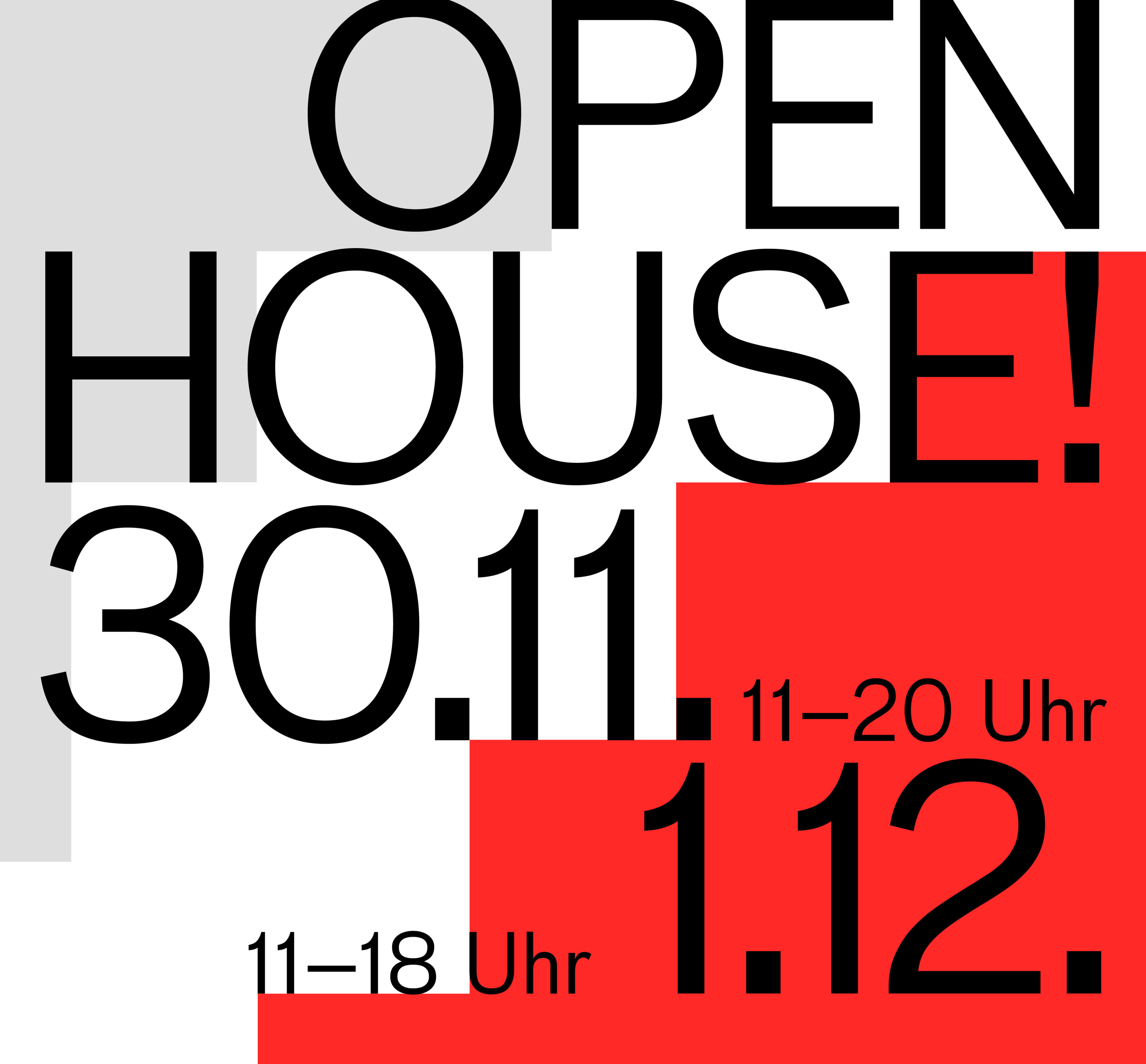
The idea that change is often stimulated by encounters and that different perspectives emerge after an interaction is the basis for the concept of the Paarungszeit event series at Kunstraum 34. Cindy Cordt regularly invites artists who work with different media to engage with each other using their bodies as well as audiovisual or sculptural means and to perform together in front of an audience. This edition takes place in cooperation with Künstlerhaus Stuttgart. Partner of the artistic process is Lena Meinhardt, head of the audio workshop of the Künstlerhaus, who will connect with the performer with her sound spectrum. On November 23 at 7 pm, interested parties can view the fruits of the encounter and take part in the final performance.
Lena Meinhardt brings together synthetic sounds and field recordings. In doing so, she explores the composition of the sound itself and loves to zoom in as if with a magnifying glass; and how sounds behave and what effects arise on a psychological level when they are reassembled, superimposed, transposed, …. Her works have been shown at the Kunstmuseum Stuttgart, the ZKM as part of the next_generation festival and at IRCAM Paris, among others. From 2021 to 2024 she was a studio fellow at Künstlerhaus Stuttgart together with Eva Dörr. She now heads the audio workshop there. This year she is a fellow of the Kunststiftung Baden-Württemberg.
As a performance artist, Cindy Cordt has been testing various materials in live actions in front of an audience for many years, creating networks between narratives, sculptural moments and experiences. She studied media art at the Bauhaus University in Weimar and at the HGB in Leipzig. She taught for several years at the State Academy of Fine Arts in Stuttgart. She works internationally and realizes art projects, performances and video works.
Performance
November 23, 7pm
Künstlerhaus Stuttgart, 2nd floor
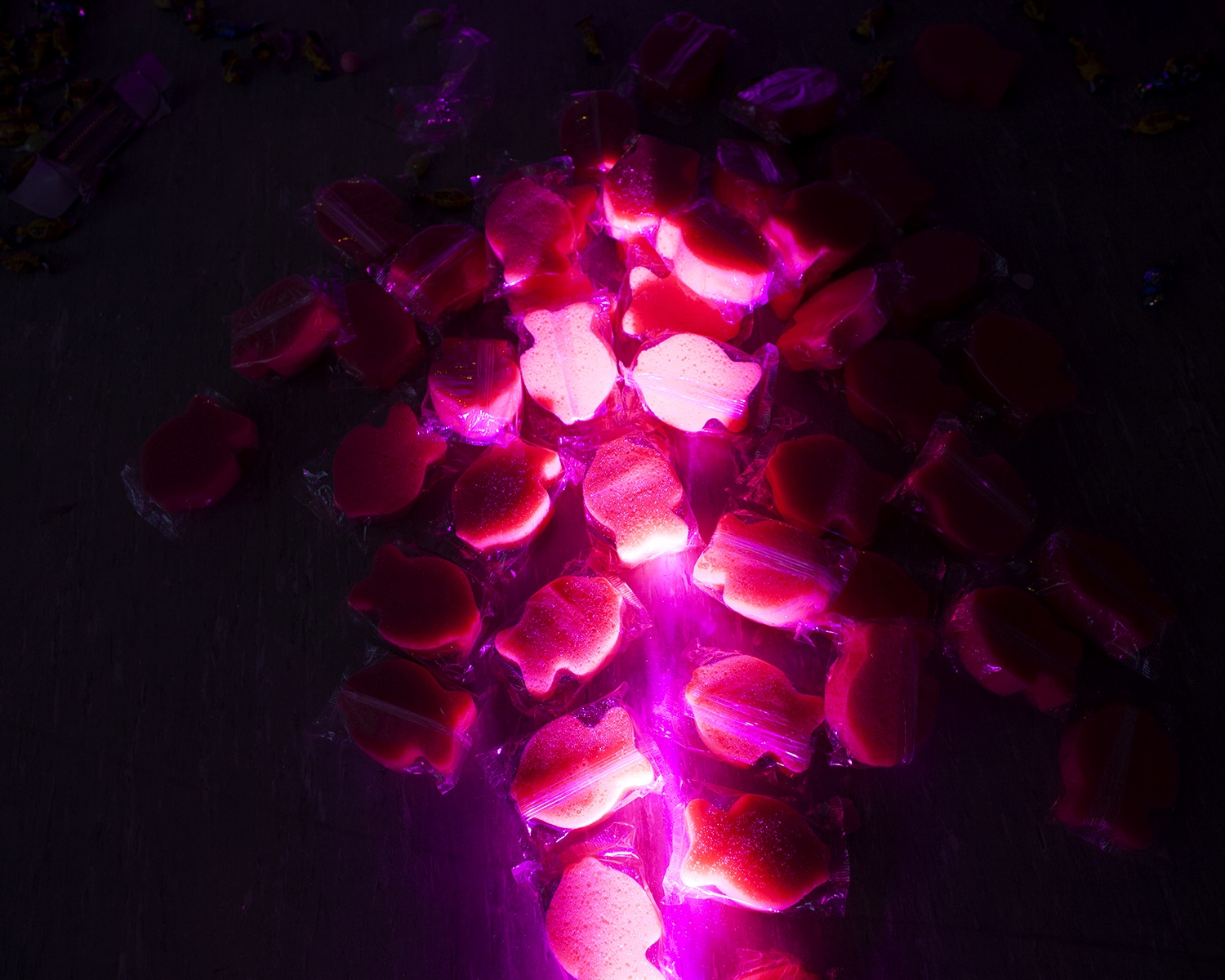
In the 37th Tuesday Workshop, Eva Dörr and Lena Meinhardt invite you to gain deeper insights into the core of their work.
Programming environments are essential in the construction, realization and composition of their works. Both use different software in which sound syntheses and sound controls are programmed.
At the Tuesday workshop, they will talk about various “patches” and show sounds in different stages.
Lena Meinhardt will present the process from the unprocessed field recording to the finished mosaic building block in different compositions and Eva Dörr will talk about the various control algorithms and generative programming, which she mostly realizes in the MAX/MSP software.
The insights into the artists’ artistic practice and the technical handling of the software are intended to give a feeling for the points at which technical parameters become artistic decisions.
Afterwards, there will be space for discussion and questions.
The two artists Lena Meinhardt and Eva Dörr have been working together as a duo since 2019, developing interdisciplinary works that take place between the fields of composition, installation and new media. They explore techniques of electronic sound production and thematize the character of different places and occasions through installative interventions.
The two artists also pursue their respective focal points individually: Lena Meinhardt combines synthetic sounds and field recordings to create compositions. Eva Dörr focuses on audiovisual formats in which temporal and rhythmic aspects are set apart.
Her works have been performed at the Kunstmuseum Stuttgart as part of the Lange Nacht der Übergänge”, at the “Estonian Music Days in Tallinn”, Estonia, at the “Luigini Nono Award” in Fermo, Italy, and at the ZKM Karlsruhe as part of the “nextgeneration Festival”.
From 2021 to 2024, they were joint scholarship holders at Künstlerhaus Stuttgart. This year they are scholarship holders of the Kunststiftung Baden-Württemberg.
Tuesday-Workshop
The Künstlerhaus invites an artist or a collective—meaning any artists or cultural workers from any field or discipline—to talk about their working methods as well as their backgrounds and approaches. We want to establish a platform for a more in-depth interaction with regard to artistic practice, and in doing so to create a network, show solidarity, and mutually strengthen one other.
The series is aimed at all members of Künstlerhaus Stuttgart, artists either living in Stuttgart and the surrounding area or just traveling through, all cultural workers, art mediators, curators, etc., and is open to everyone!
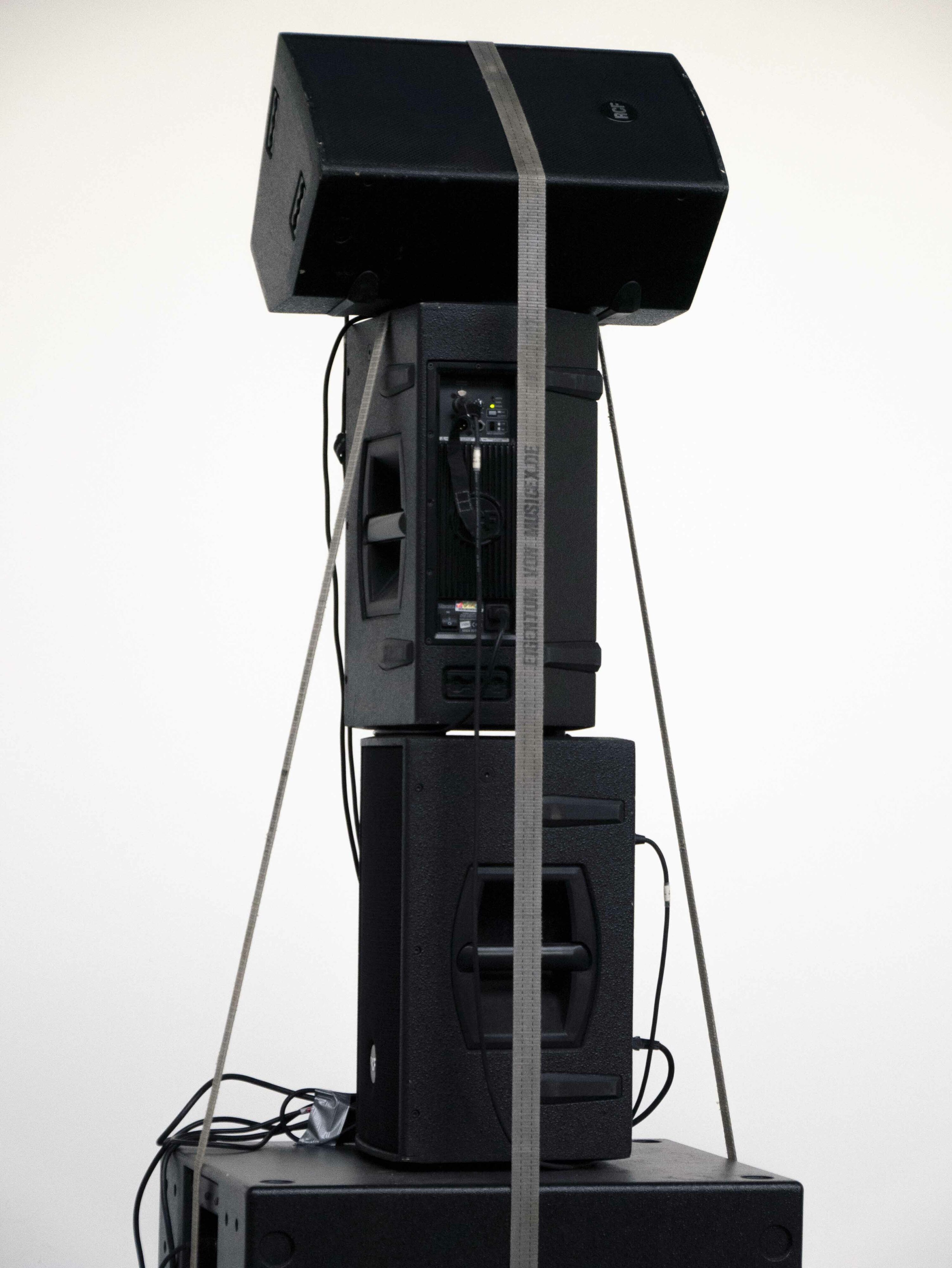
What is a river? The saying goes: “A river is what flows, and what emerges in its wake.”
A river is not only the deep current of the mainstem, but also the tributaries with all their branches and sources, the spreading and withdrawing waters, the gleaming wetlands and damp prairie soils. A river only stops at the limits of its watershed – in this case the La Plata basin, encompassing parts of Argentina, Uruguay, Paraguay, Bolivia and Brazil.
Casa Río is an eco-activist NGO using art as a transformative practice within grassroots communities. It’s first of all a real place – a “river house” and a “building power lab” – located among many alternative communities along the Río de la Plata estuary in Argentina, a short train ride south of Buenos Aires. But we are also part of a basin-wide alliance, Wetlands Without Borders, whose struggles for diverse inhabitants and alternative modes of development go back thirty years. Teachings of the Flood, an amplification of the Rivermap Atmosphere at Künstlerhaus Stuttgart, offers an intimate look at the watershed today, after three decades of rapacious neoliberal development on the “soybean frontier” that sucks entire Latin American biomes into the world market.
The beautiful thing is that despite everything, the Paraguay-Paraná still flows without dams or levees over four thousand kilometers of open river, from the Pantanal wetlands to the South Atlantic ocean. This means the water still mixes with the soil in a seasonal flood-pulse, generating human ecological niches alongside natural ones. And this persistence is living proof of how many people struggled to preserve the river life, across national borders, languages, continents and decades. Casa Río engages with everyone who cares about the wetland environment. We produce art and information, draft and promote laws, carry out ecosocial restoration projects, organize and contribute to many local initiatives, support basin-wide demands in the framework of Wetlands Without Borders and collaborate with international peers and partners, all with the idea of opening up “biocultural corridors” between habitats that are inherently social and ecological. Art is reconceived and reenacted here, as a collective aesthetic encounter leading outward to an engagement with the surround, the land, the water, the others, the non-humans.
At the same time Teachings of the Flood constantly sees double: biocultural corridors are constantly presented in confrontation with the realities of corporate exploitation, the extractive corridors. The river’s deep channel is first among them. GMO grain pours out onto endless lines of deep-sea freighters plying the mainstem of the dredged and managed waterway. And everything else in the basin is engaged in the same industrial development path, in particular the distant forests at watershed’s edge, incinerated by devastating fires when not cut down for soybeans, feedlots or open-pit mines. The key idea behind this double mapping of present-day
experience is that every territory is both biocultural and extractive all at once, neither refuge nor apocalypse but dramatic interplay of worlds.
The concept of “metabolic rift” became a keyword for us in recent years. It points to a world- market force that interrupts biogeochemical cycles at earth-system scale, with tangible consequences. Hillsides are scraped clean, deep holes are dug in the ground, massive dams are inexorably filled, giant propellors spin. Entire forests disappear in a year or a decade. Rivers flood as never before – or run dry with drought. You too will experience these things.
So come see double with us. Teachings of the Flood is about the present and the future. Try to imagine a distant land. Feel out your own local watershed. Find a way down to the river. Let it rain.
Program
Opening
Teachings of the flood
Friday November 8, 2024, 7pm
Künstlerhaus Stuttgart, 4th floor
Artist Talk
with Alejandro Meitin (Casa Río) and Brian Holmes
Saturday, November 9, 2024, 3pm
Künstlerhaus Stuttgart, 4th floor
Neckar walk
with Alejandro Meitin (Casa Río) and Brian Holmes
Sunday, November 10, 2024, 12:30am-4pm
Meet at Künstlerhaus Stuttgart, travel together to Ludwigsburg
Realized with the kind support of the Goethe Institute.


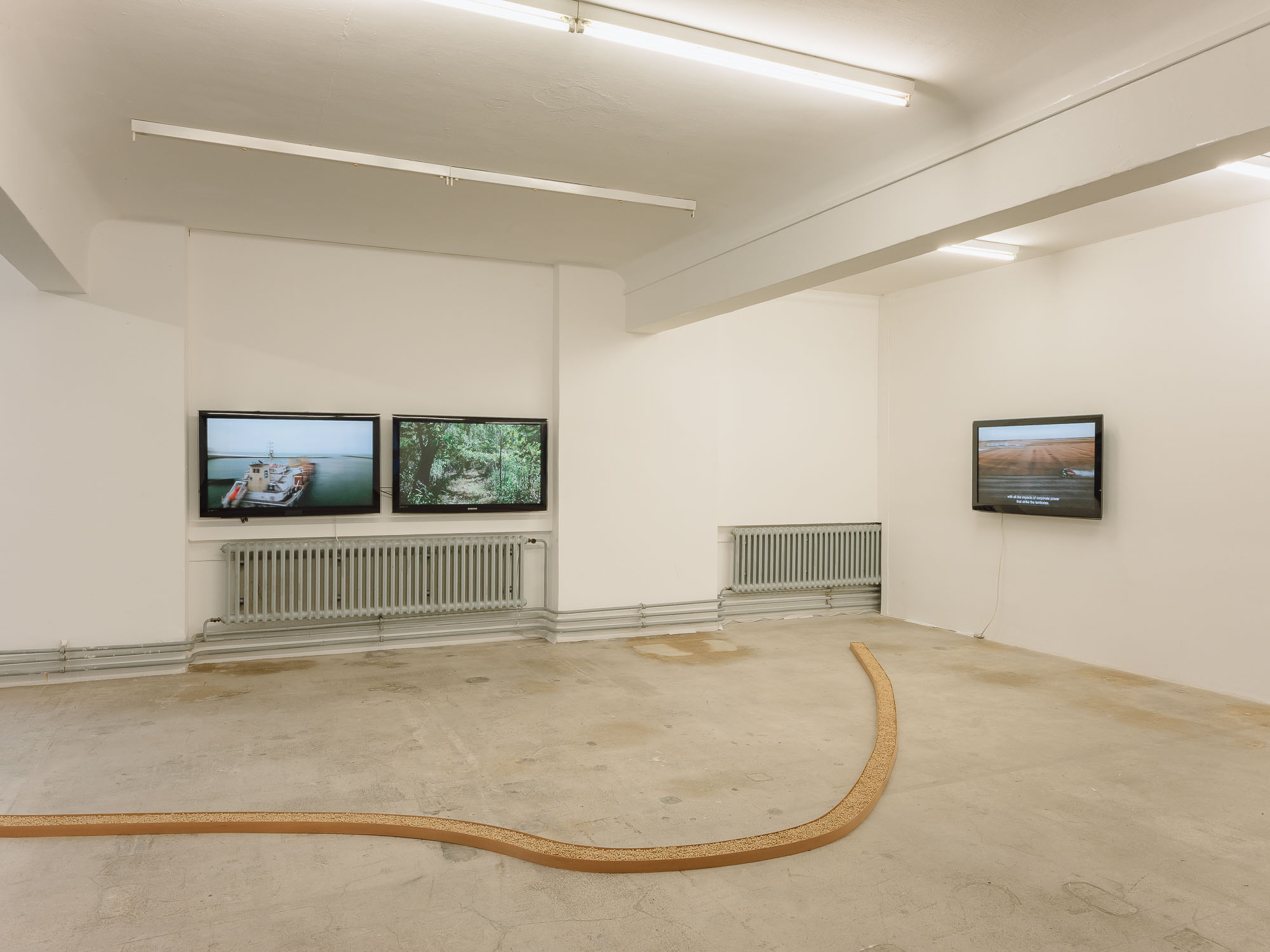
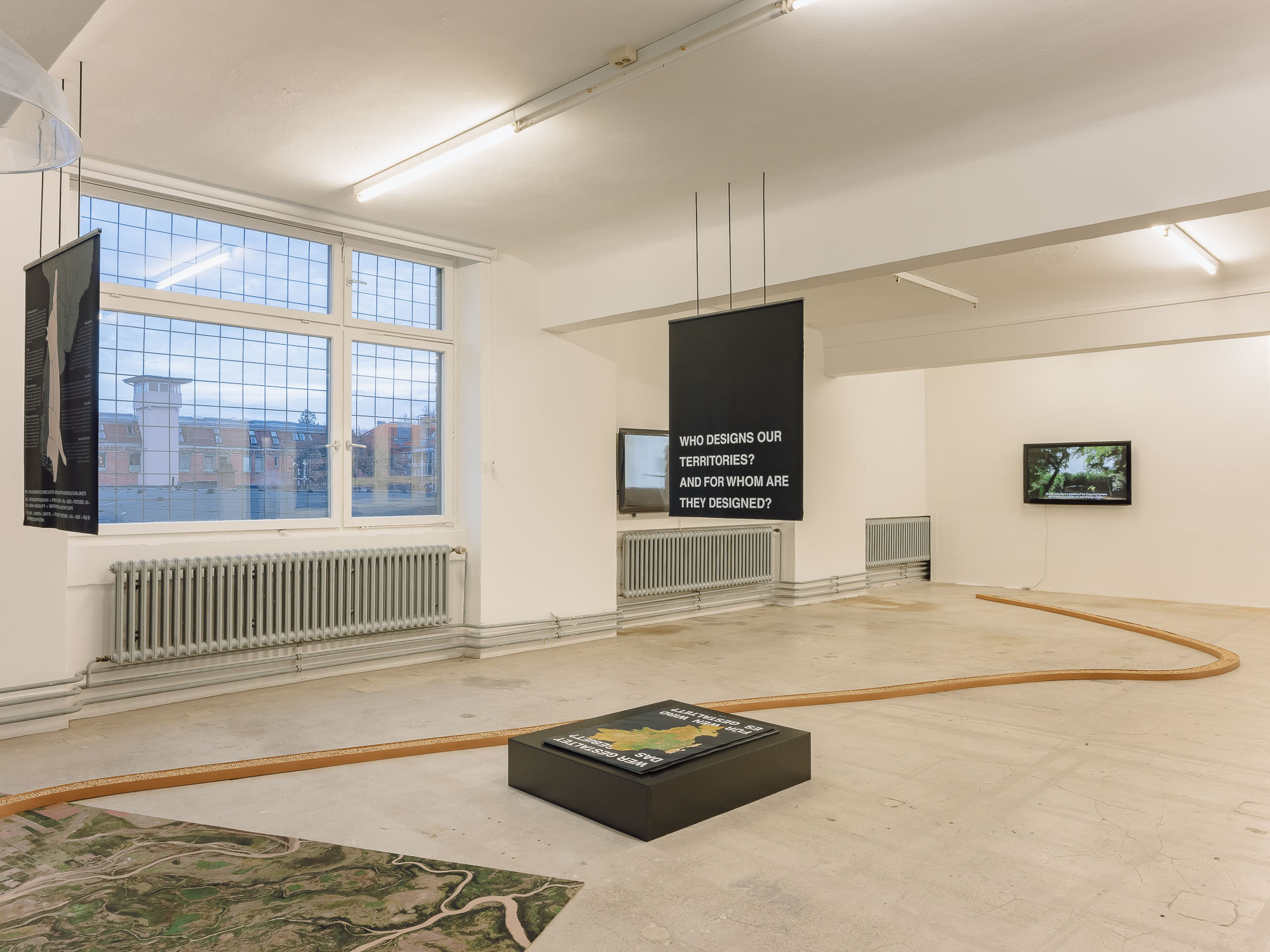
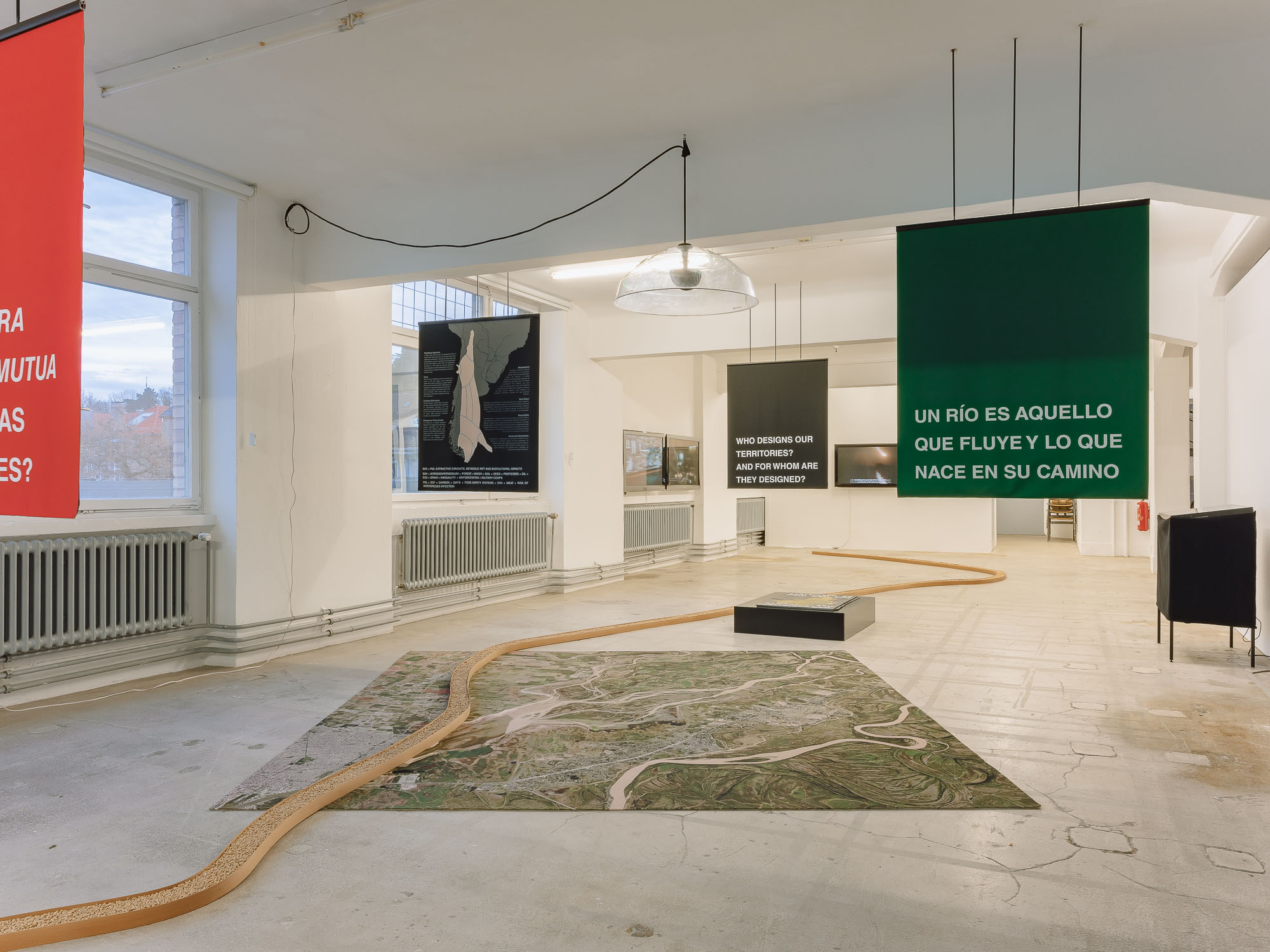

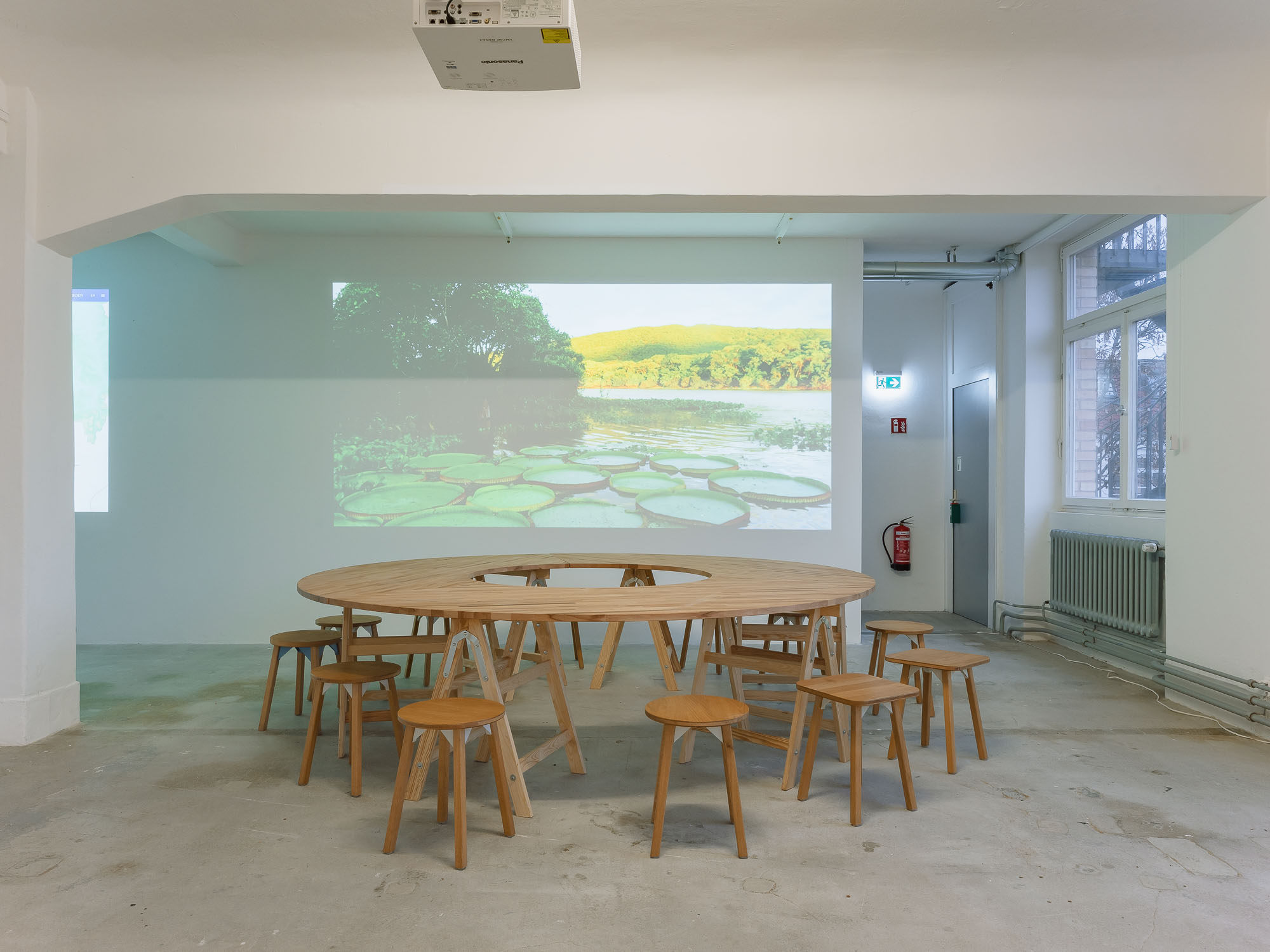
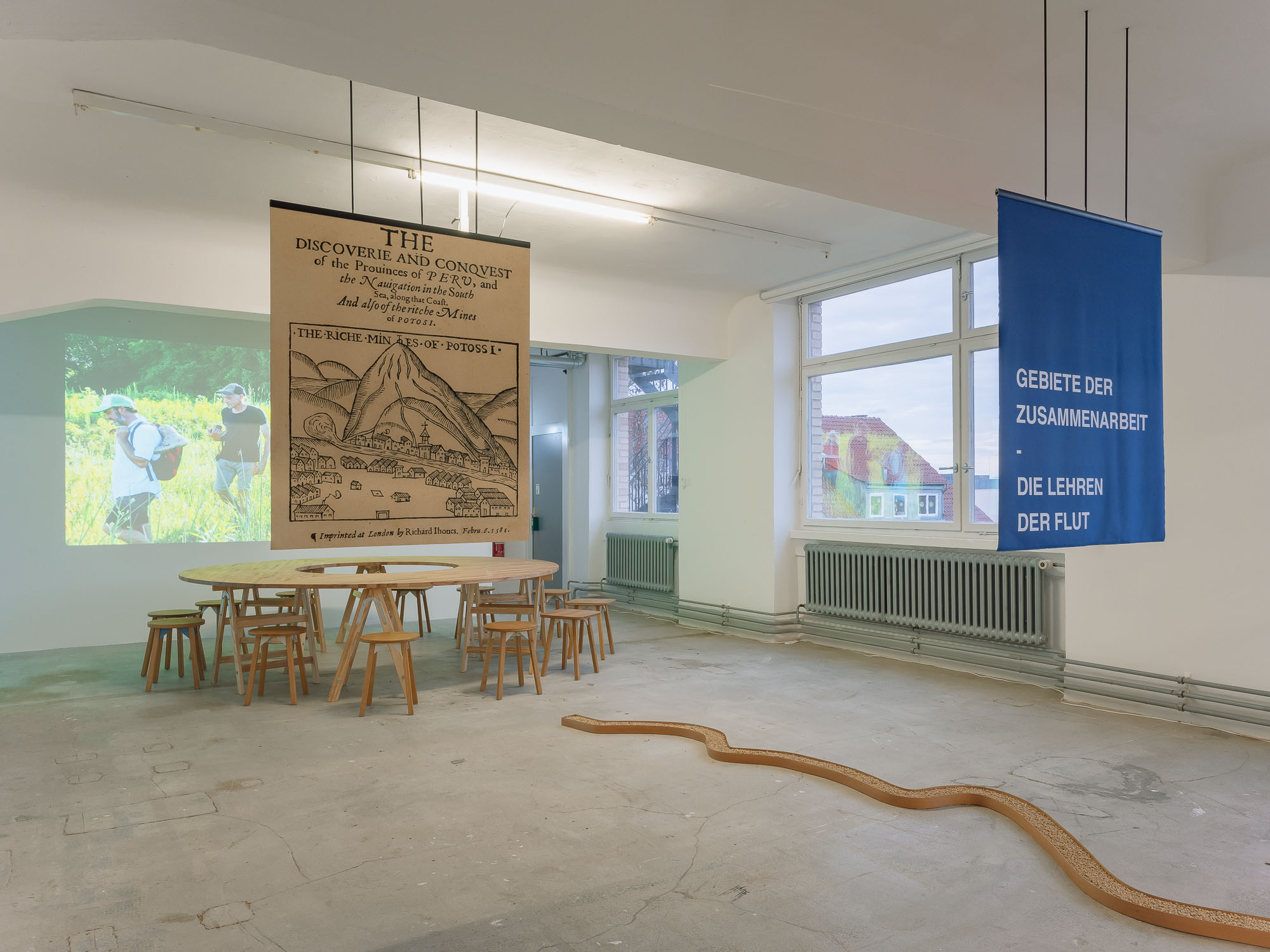
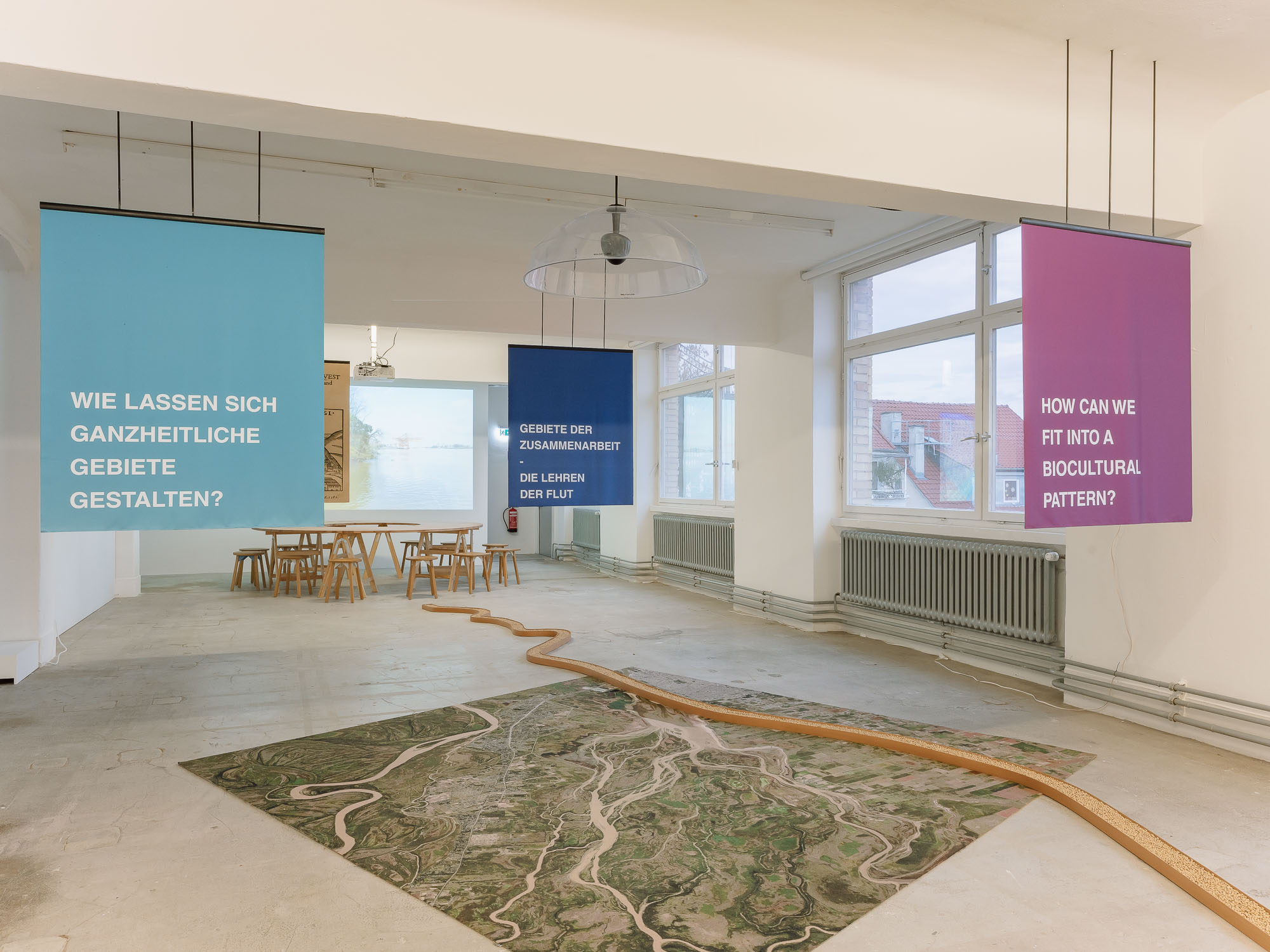
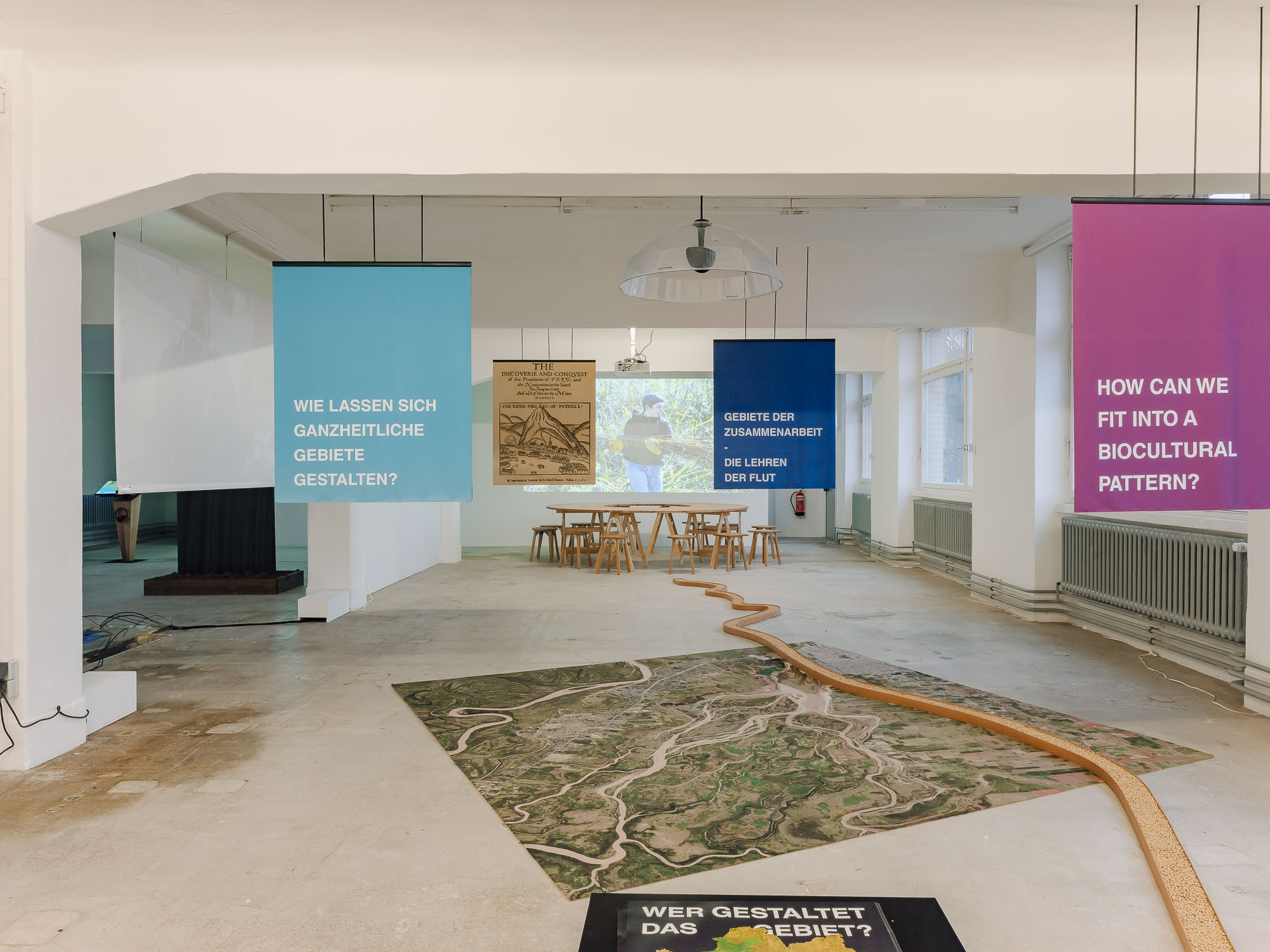
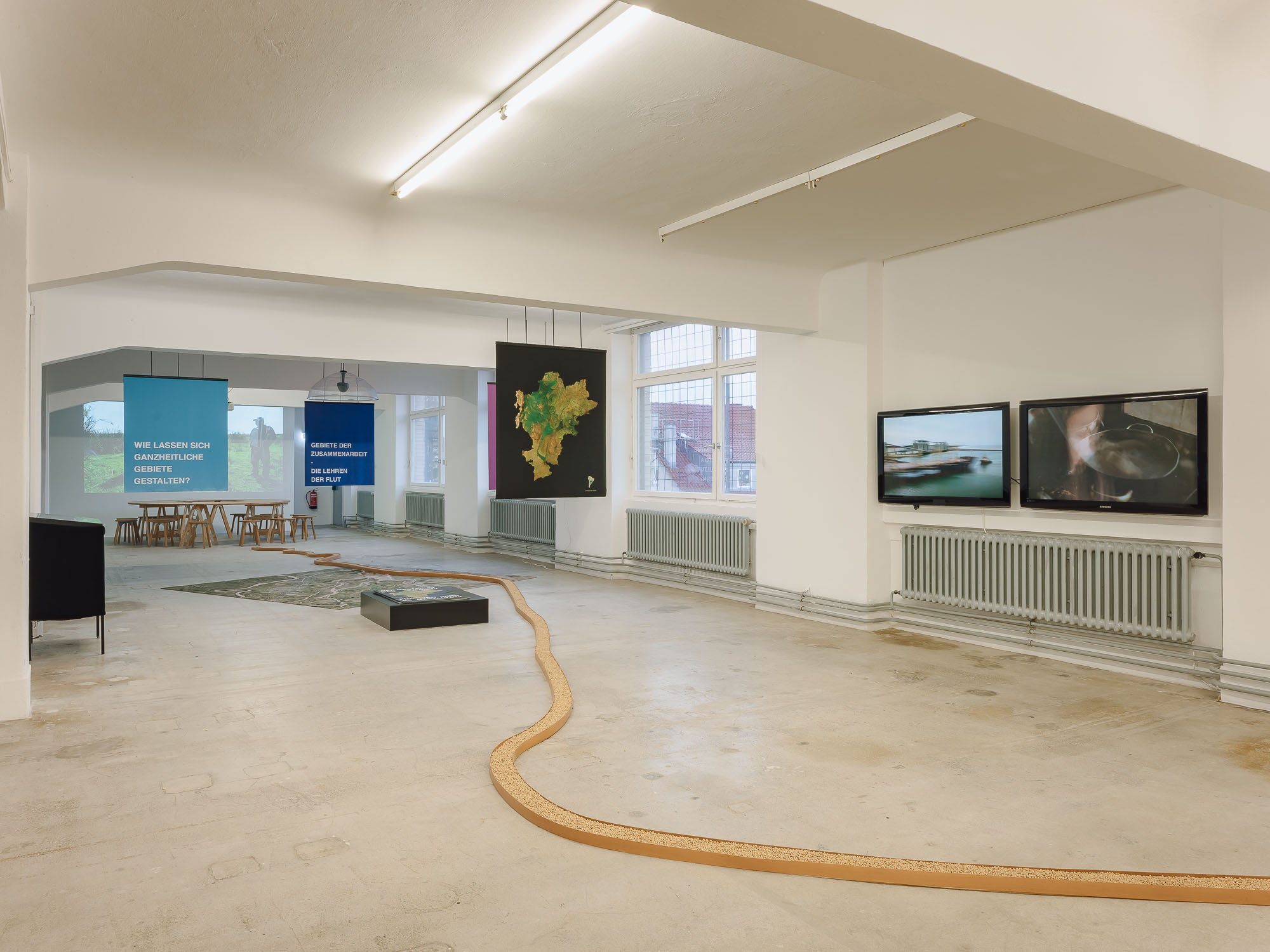
The Künstlerhaus Haus Orkestra will be based on polyphonic singing with instrumental accompaniment. We will start on the 10th of October with songs from Georgia. Natia Dikhtyar, a musician from Georgia who lives in Stuttgart, will introduce us to the world of this fascinating music. How the Haus Orkestra will develop remains to be seen.
A Haus Orkestra evening will consist of vocal and rhythmic exercises, playful learning and even inventing songs and pieces of music, and possibly the risk of free play! We want to find and experience beautiful moments in making music together.
In March there will be a final concert with all participants. Anyone who enjoys making music or singing is welcome. Participation is free of charge.
If you have any questions, please mail@monikanuber.de
About the artists:
Monika Nuber is an animator and musician who interweaves image and sound in her works in a variety of ways. She plays double bass with Rózsák and Maslband, is part of the Jon Shit Collective, and her latest formation is Mother Mountain (with Johanna Mangold and Lidija Paun). She was able to gain a lot of experience in projects with Hans Joachim Irmler in the Faust Studio in Scheer. Most recently, she was artistic director and a participating musician of the Klangbad Festival.
Georgian singer and jazz musician Natia Dikhtyar composes and plays music in a mixture of Jazz-rock-Latin fusion grooves with Georgian folkloric elements and poetry. She works as a teacher for voice and piano and leads choirs and vocal ensembles with an international background. For the Haus Orkestra she will bring us the songs of Georgia but also other things, if desired, and when they arise.
The Austrian musician and video artist Katharina Wibmer deals with dance music from Eastern Europe. She was musically influenced by violin lessons with Pal Korbay (Hungary) and Dan Albu (Romania). With her ensembles Rózsák, Maslband, Trio Bluesette, Tangoinpetto, Trio Youkali and Zakuska, she pursues different musical emphases from Balkan music, klezmer, tango, musette, jazz de la manouche and improvised music.
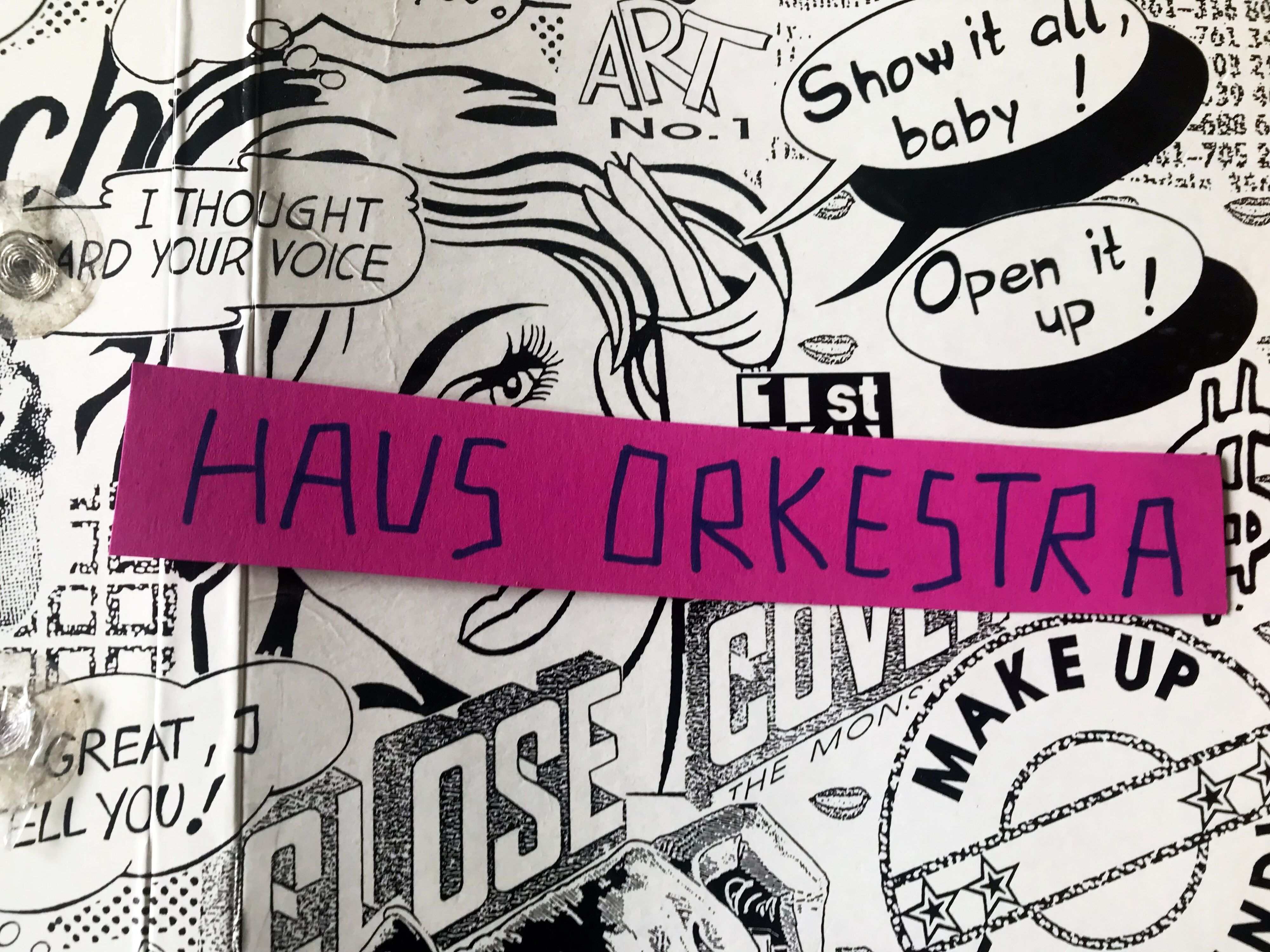
In the 36th Tuesday workshop, we welcome Yara Richter – artist and current scholarship holder. On Tuesday, October 8, 2024, Richter will provide deeper insights into her multifaceted artistic practice as part of a staged reading.
Yara Richter’s works are characterized by an intensive examination of epistemological identities, constructivist spatial illusions and the dynamic configurations of social formations. By combining performance, sound and text, dey questions established perceptions and opens up new perspectives that range from everyday reality to cosmological and multidimensional levels of human existence. Richter thus creates access to the complex network of quantum realities and multiversal dimensions, the perception of which is essential for holistic and sustainable cultural development.
The staged reading promises to be not only intellectually enriching, but also an intense, sensual experience that brings the nexus between theory, artistic staging and aesthetic didactics to life. Text is born, while the scenic design unfolds an extraordinary symbiosis between artistic expression and depth of content that directly implicates the audience. In this lively dialog, Richter takes the audience on a journey to the enigmatic sources of their artistic creation and encourages deep reflection along the way.
Text: Yara Richter
Tuesday Workshop
The Künstlerhaus invites an artist or a collective—meaning any artists or cultural workers from any field or discipline—to talk about their working methods as well as their backgrounds and approaches. We want to establish a platform for a more in-depth interaction with regard to artistic practice, and in doing so to create a network, show solidarity, and mutually strengthen one other.
The series is aimed at all members of Künstlerhaus Stuttgart, artists either living in Stuttgart and the surrounding area or just traveling through, all cultural workers, art mediators, curators, etc., and is open to everyone!
Please join us for yoga at the Künstlerhaus on Tuesday mornings 7-8:30 am and Wednesday evenings from 7:30-9 pm. The class will be led by artist and yoga practitioner Lennart Cleeman.
In this class, we will practice asanas (yoga poses), pranayama (breathwork), savasana (deep relaxation) and meditation. In addition to basic introductions to yogic topics, he will share connections between yoga and practicing art, with examples from his own art practice. We are excited for you to join us!
“As an artist, I often deal with heavy things mentally and physically. Discovering sculpture and investigating space often took me into states that I would now describe as meditative (Dharana). To create space and take care of the self, a practice for the body and mind was desperately needed. Unconsciously, I turned to physical yoga practices. My yoga journey has now led me to become a hatha and kundalini yoga teacher. At the Künstlerhaus Stuttgart, where I have grown as an artist in this community, I now have the opportunity to give something back and share with you what I’ve found.” – Lennart Cleemann
Lennart has been a member of the Künstlerhaus since 2020 and was a Künstlerhaus studio-holder from 2020-2023. He came to yoga during his time as an artist, in 2021, and has been teaching yoga since 2024.
Yoga mats are available. Please bring your own pillow and blanket.
Morning classes will be activating, giving you energy for the day, while the evening classes will be calmer and provide an intellectual framework for the practice.
Sign up via Eventbrite (also for individual sessions).
7 euros per session
Tuesday Mornings 7:00-8:30am
Wednesday Evenings 7:30-9:00pm

06:00pm–08:00pm
Join Brian Holmes for a hands-on introduction to rivermapping. In this session we’ll find out how to use his custom-built application, and how to design a map for community engagement with the local environment. Participants will learn to navigate the map, sign in, add an icon, make a post, and edit various file types. A brief look under the hood will reveal more advanced functions for those who might like to dive deeper. Most importantly, we will discuss the composition of the future Neckar River map: how it could look, what kinds of features it will display, how to make it valuable for people in Stuttgart and beyond. The aim is to produce a beautiful, functional and information-rich map by springtime. No previous experience with mapmaking or GIS is required, but all capabilities and specialties are welcome.
Please bring a laptop computer (preferred) or mobile phone (also works).
Free registration via Eventbrite
Realized with the generous support of the Goethe Institut.

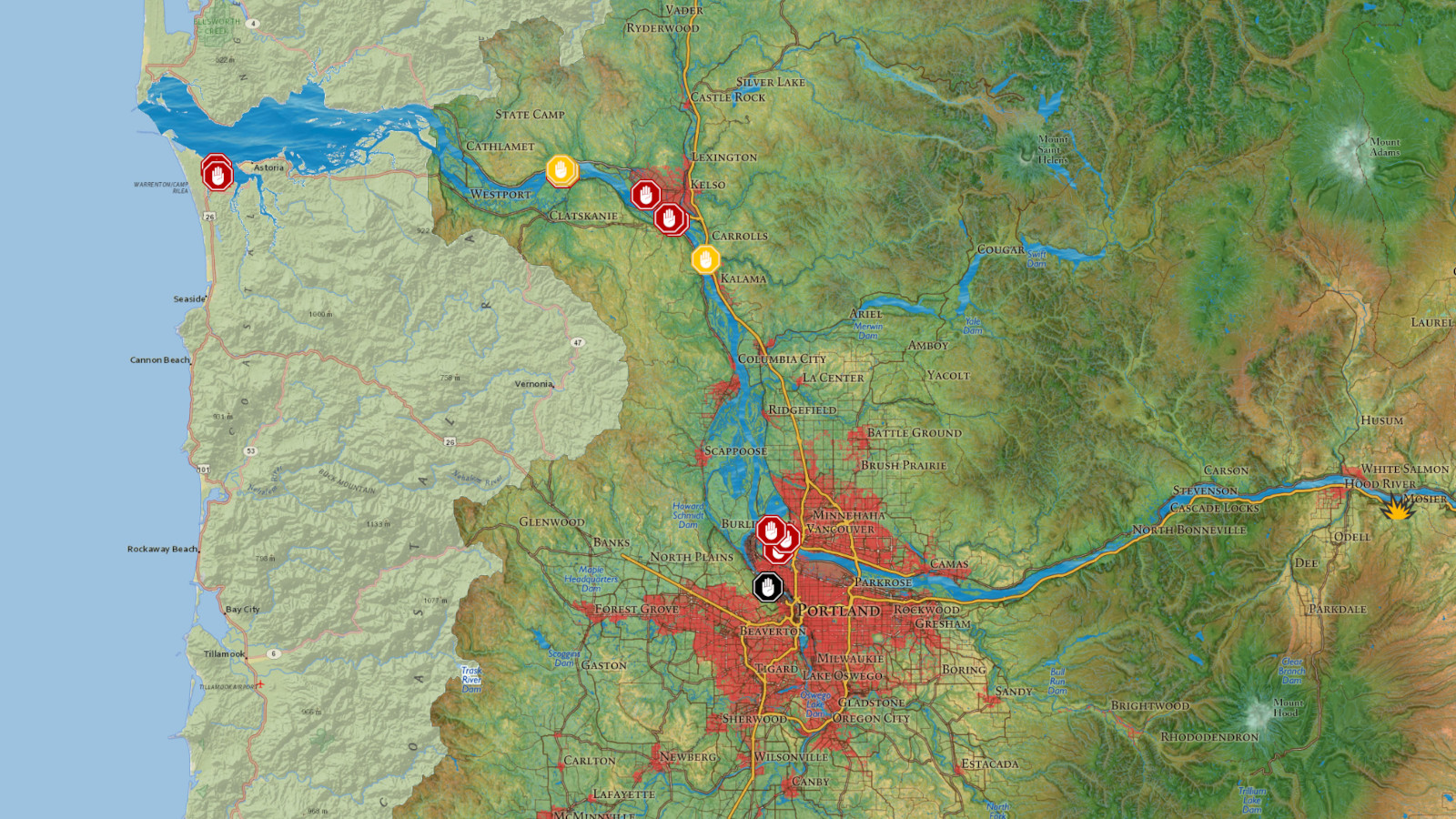
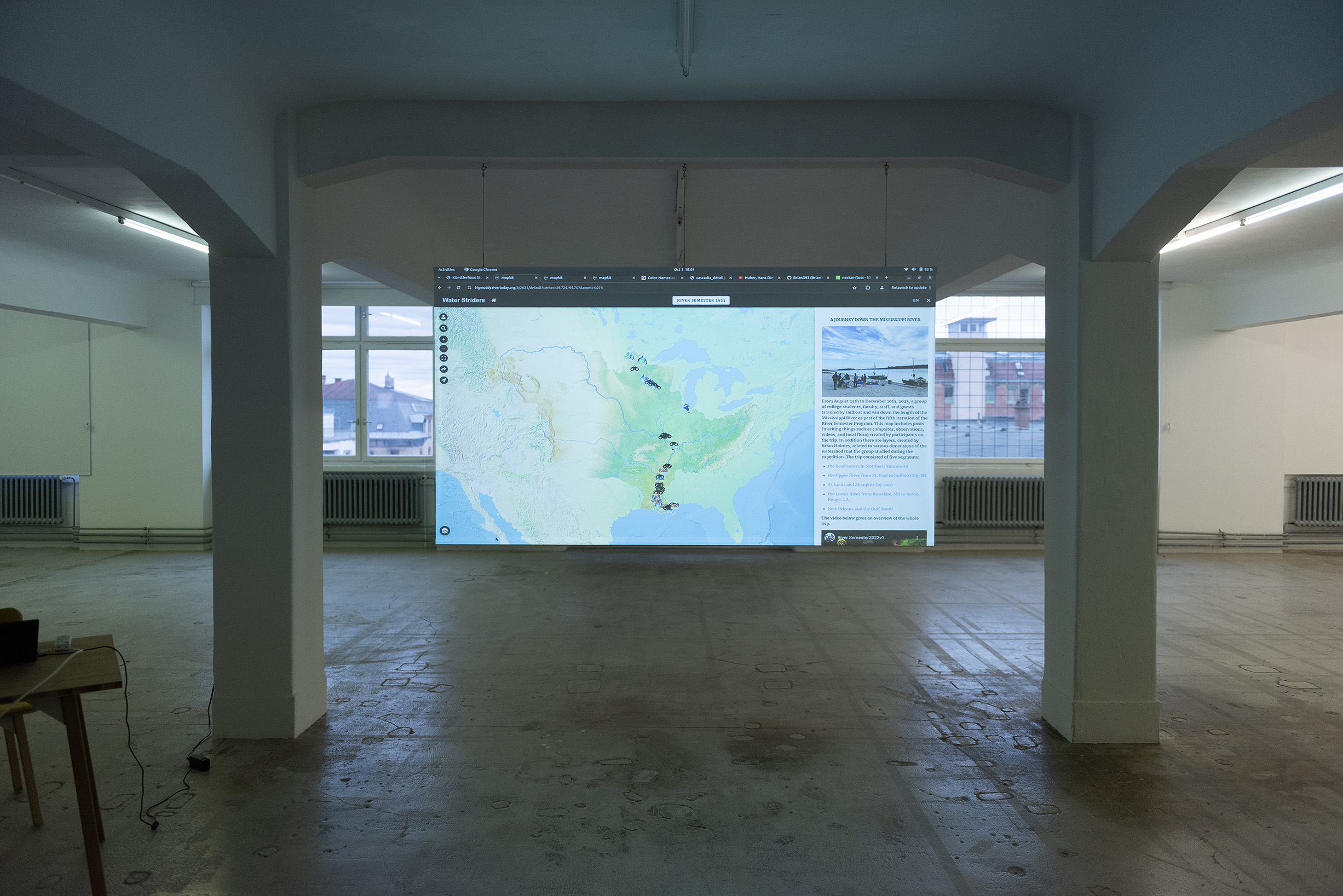
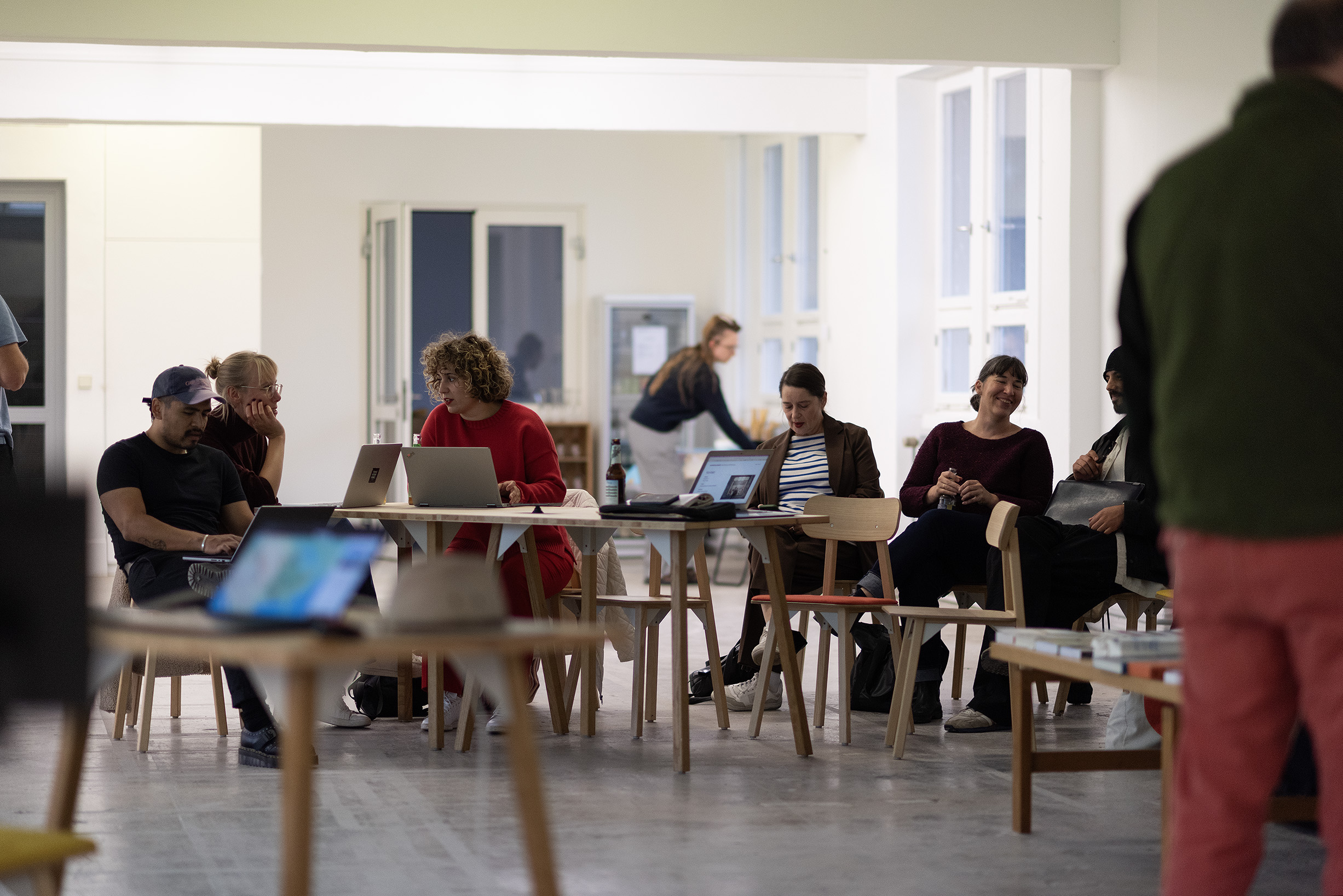
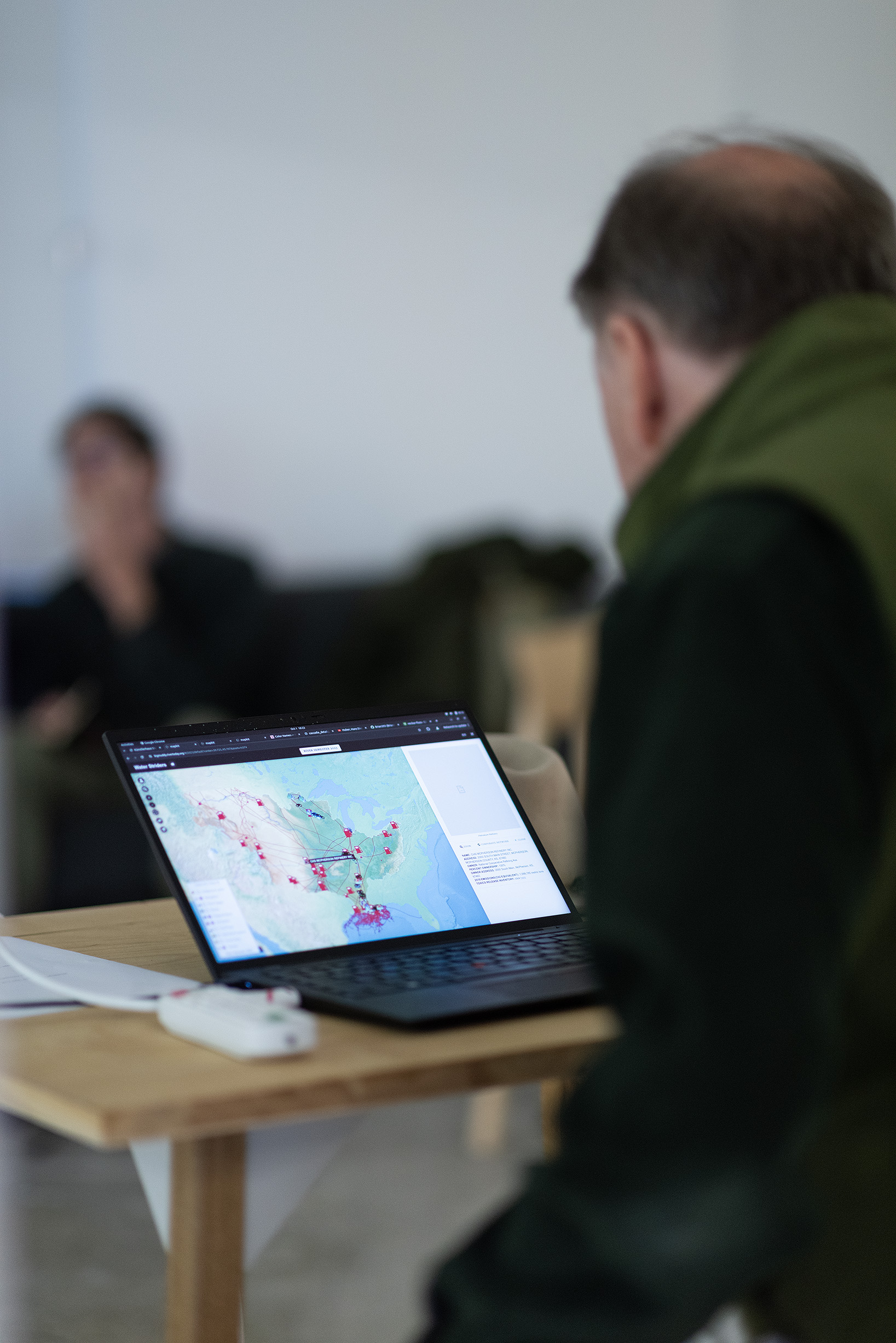

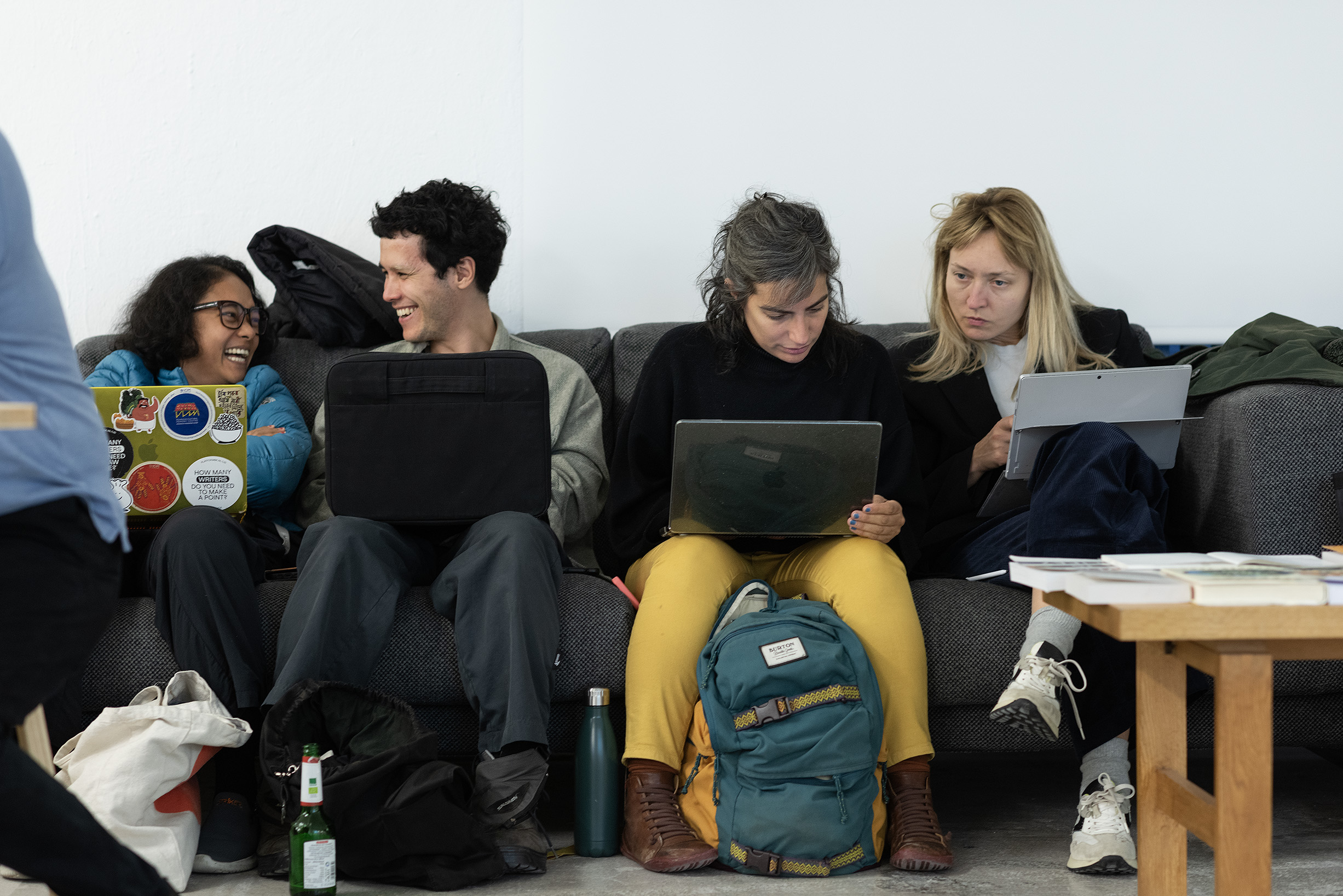
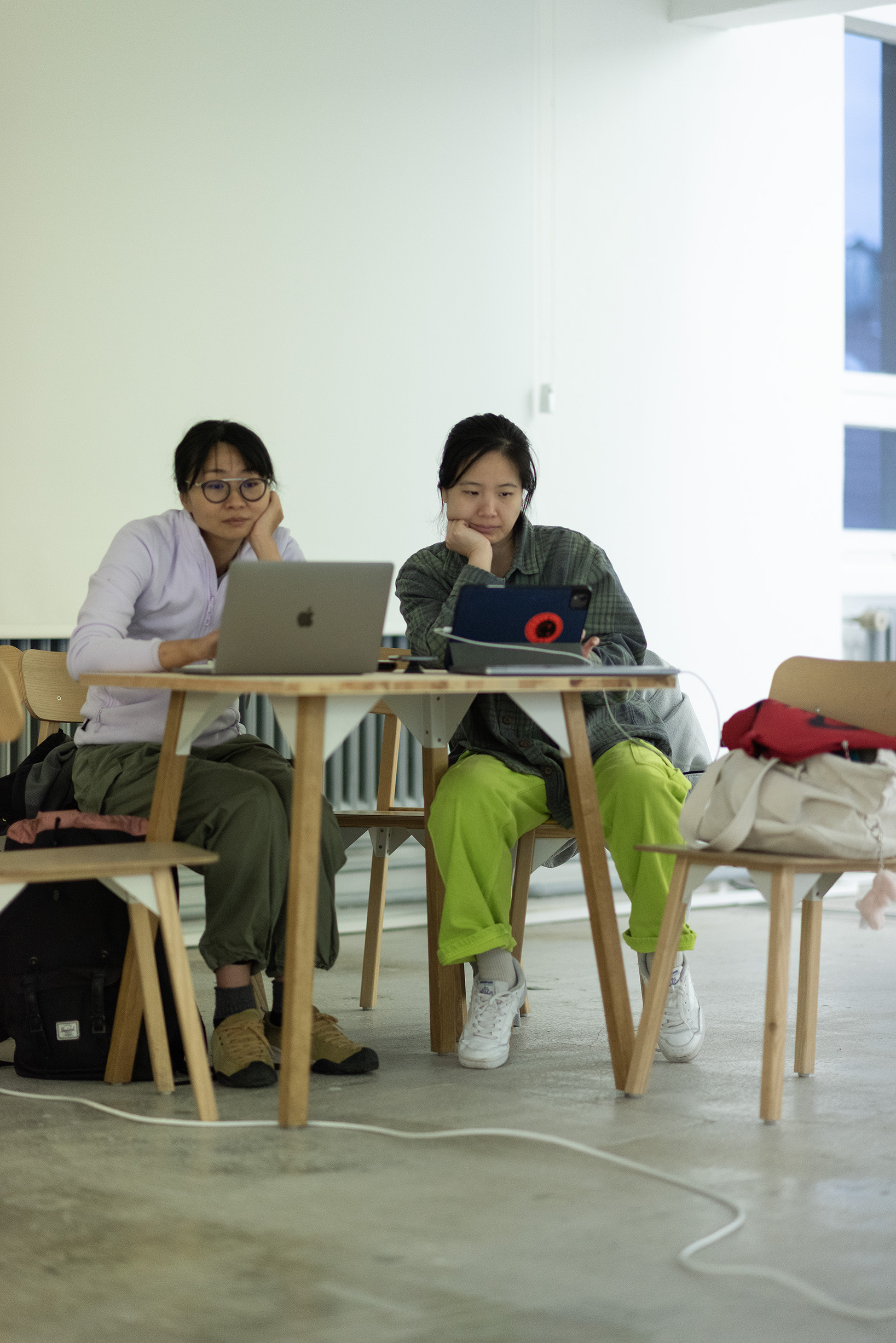

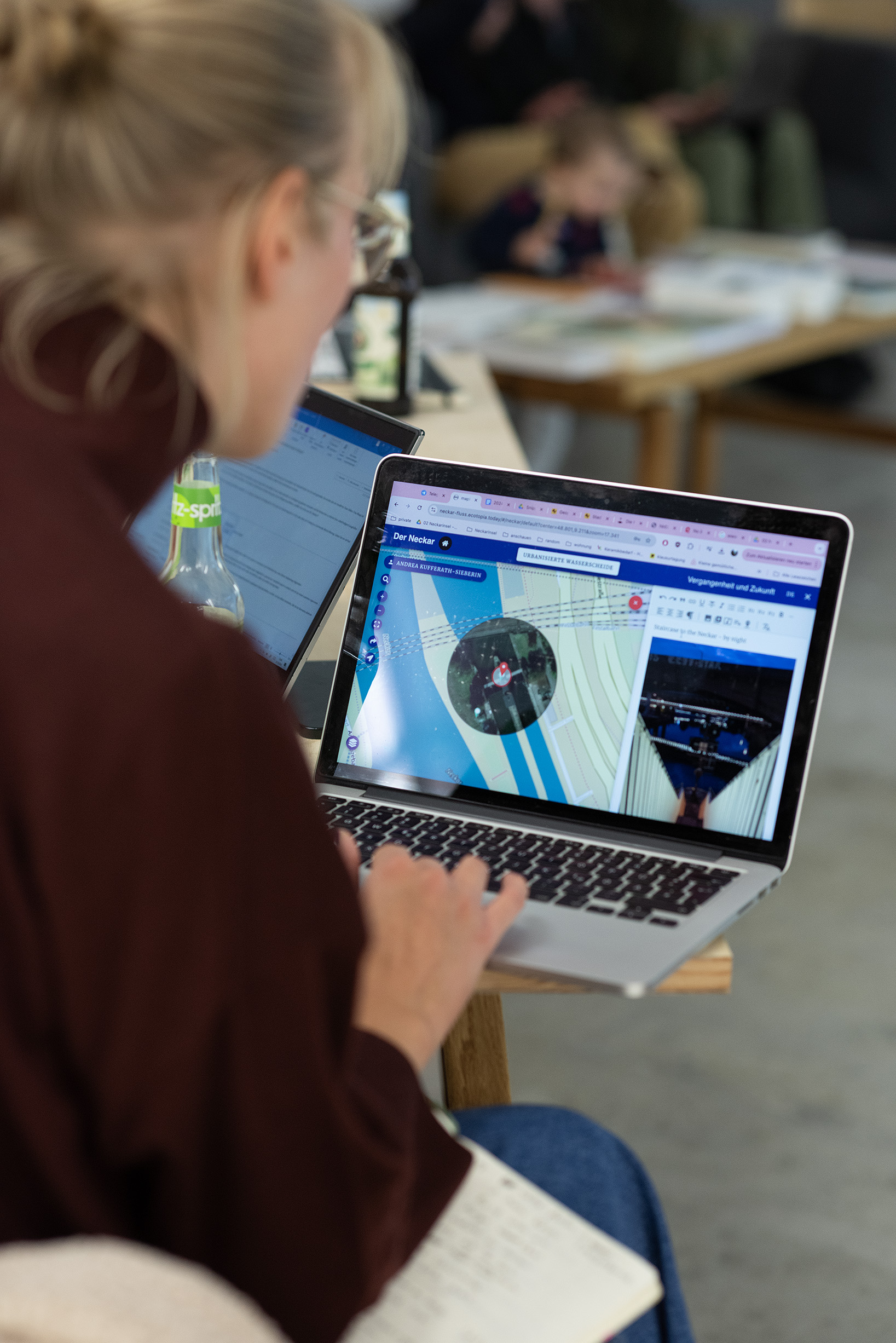

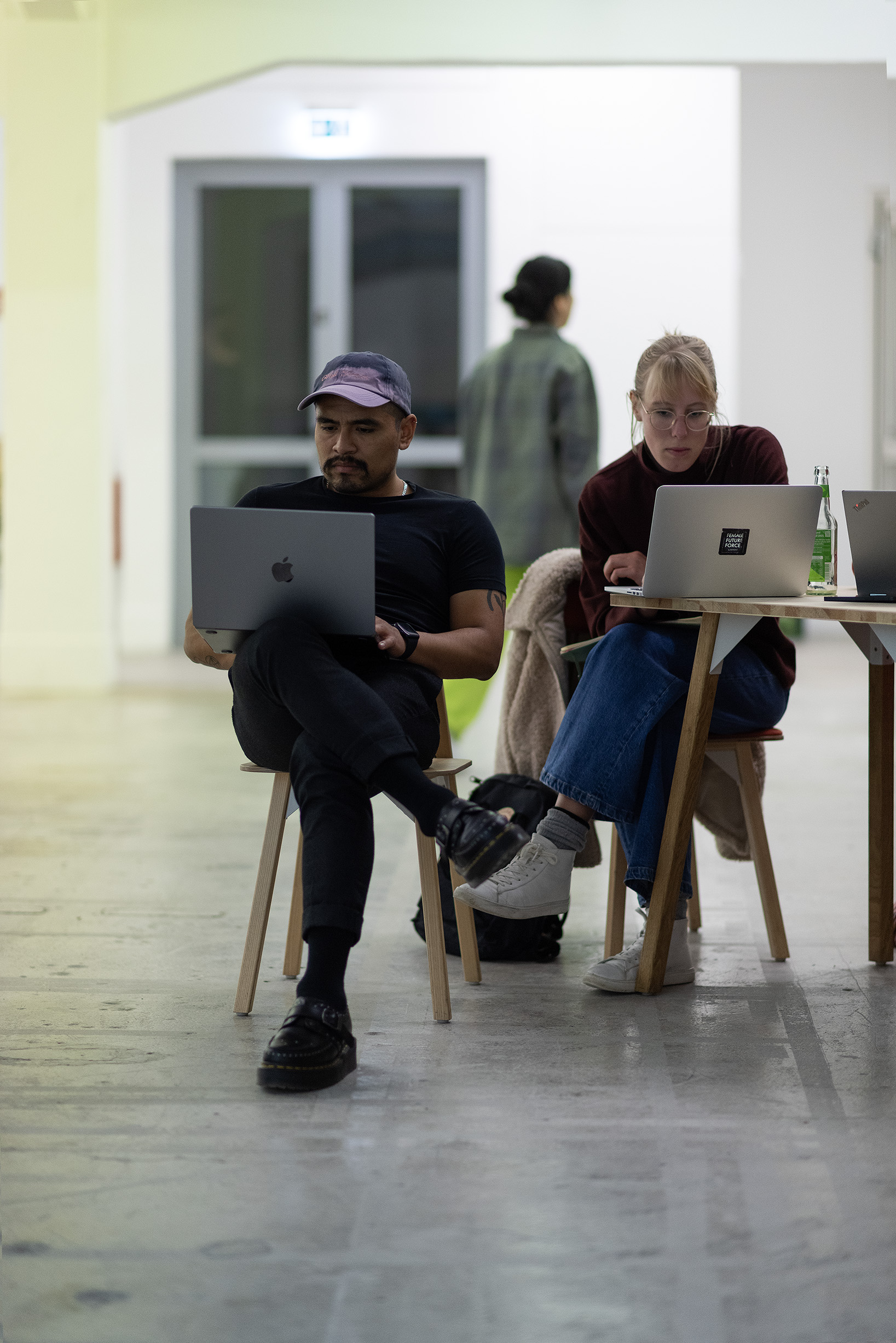
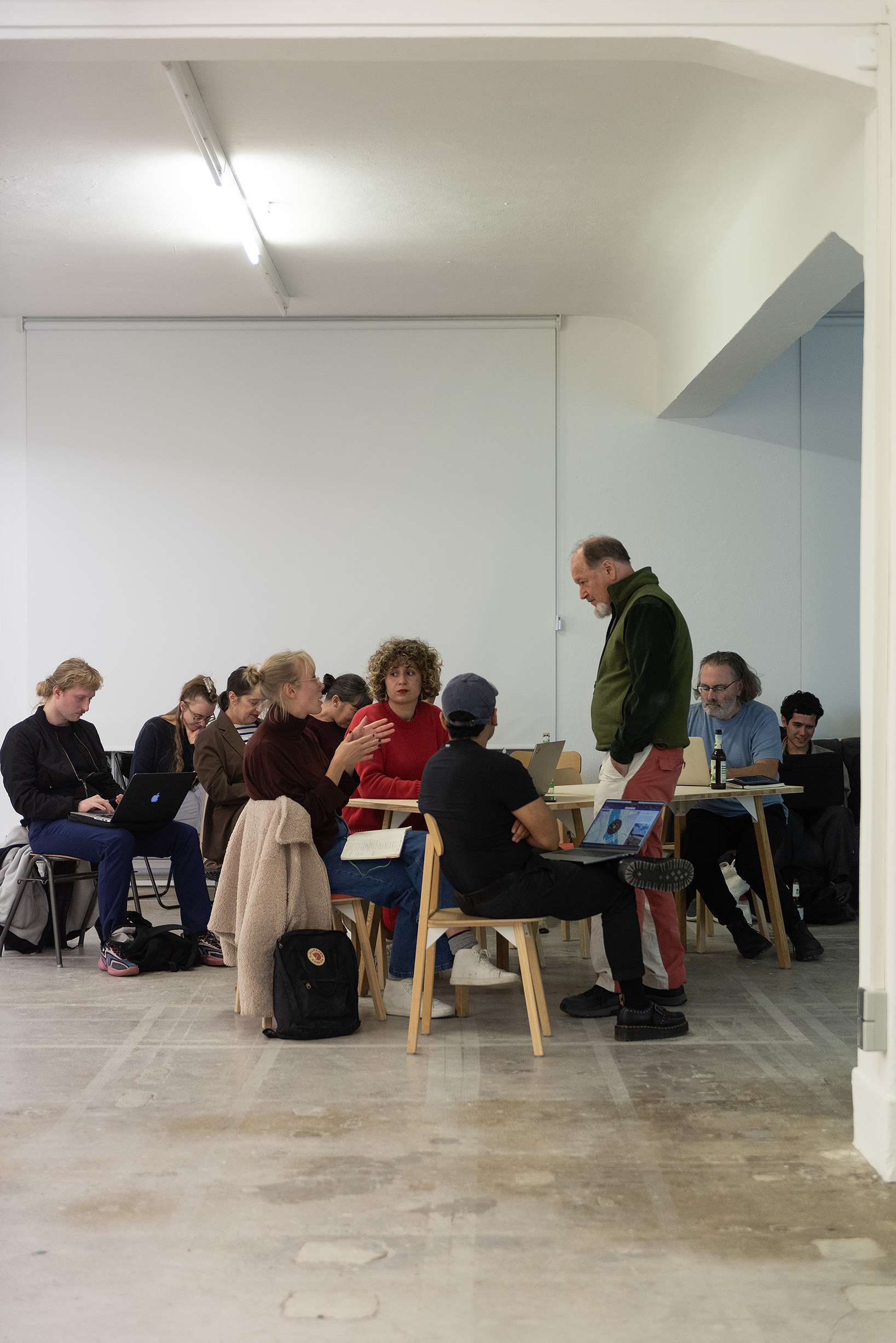


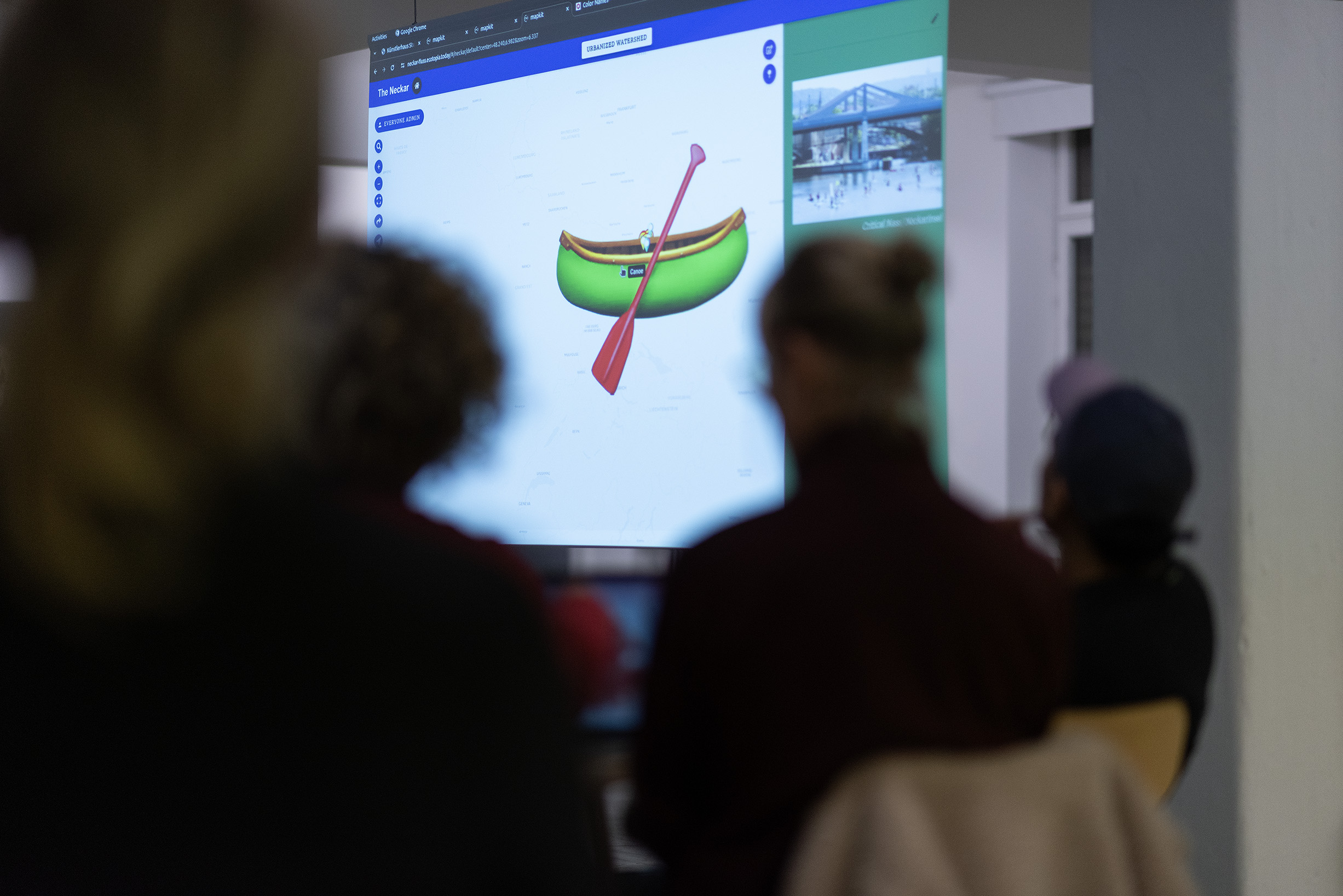
Maps are power – whether in the colonial era, or in today’s imperial system. But how can they be deconstructed, reconfigured, shared among multiple actors and used to chart alternative futures? How can they embrace the processual flow of time and the multiplicity of embodied viewpoints? Can digital maps still reveal the territory? Can maps of power become pathways of liberation?
Brian Holmes has spent the last decade developing an online mapkit for issues in political ecology, while simultaneously engaging in his favorite research activity: roaming around the riverine landscapes of the American Midwest, the Pacific Northwest coast and the La Plata Basin in South America (he often jokes about “cartography with your feet”). Holmes was previously known in European art and activist circles as an essayist and public speaker, and over the course of these years he has invented a new but strangely familiar genre, the essay map, filled with written text, scientific visualization and multimedia imagery. Each of his projects develops its own conceptual frame, narrative structure, visual style and metaphorical register, expressive of an inquiring subjectivity. Yet at the same time, each of them stems from a territorial dialogue, with multiple inputs from artists, specialists, local inhabitants and social movements, all touched in one way or another by aspects of the non-human world. The essay map is therefore not an individual product but an embodied and immersive practice: it’s a way of reaching out, testing the water, diving in. Today Holmes is returning to Europe where he lived in the 1990s and 2000s, for a series of extended stays at Künstlerhaus Stuttgart. Here, he and his collaborators will show a number of ongoing explorations, while launching a new inquiry into the Neckar River watershed.
Künstlerhaus Stuttgart does not hold traditional exhibitions, but instead seeks to create permeating moods or “atmospheres.” The idea is to let a mode of expression drift away from its immediately tangible forms, into relationships, vocabularies, daily rounds and common resources. Atmospheres emerge slowly, in the transition from season to season, a bit like a garden that germinates under bare earth and yields a multiplicity of fruits at harvest time. Rivermap has been conceived on this seasonal timeline. It begins at the moment of the autumn equinox, in a little corner of an expansive fourth-floor gallery. Gradually over the following six months it will fill and overflow with images, voices, concepts, and encounters.
Learning from Cascadia sets the tone. The project – not a simple map but a full-fledged atlas – was launched over a two-year period in and around Portland, Oregon, in collaboration with cultural organizer Mack McFarland, with a special contribution by the Indigenous artist Sara Siestreem. It’s devoted to a land both real and imaginary: the Bioregion of Cascadia, stretching from Northern California far up into British Columbia. Cascadia emerged from the back-to-the-land movements of the 1970s, as a possible new framework of habitation and stewardship. Imagined by poets – and first traced on paper by a poet-cartographer, David McCloskey – the bioregion took up residence as a desire and a tangible dream in the hearts of thousands if not millions of people. Yet Cascadia is not just another ‘70s utopia. Because the Pacific Northwest is home to so many Indigenous peoples, who have sovereign treaty rights and ever-increasing support from settler allies, the region has developed emergent forms of biocultural governance, largely devoted to undoing the damages of industrial modernism and opening up new practices of ecological restoration. Learning from Cascadia offers a model for the exploration of reparative processes such as these, and for their prefiguration in places where they do not yet exist.
Holmes is the first to admit that he can never entirely finish his ambitious projects – because they are not really his. Instead they are refractions of complex collective endeavours stretching across generations and involving entire populations along with many other species, with debates and conflicts that can be bitter and protracted. Learning from Cascadia engages with this complexity by contrasting the Bioregion with two parallel figures: the Watershed, conceived by the state as a hydrological framework for territorial management, and the Megaregion, which is a straight-up capitalist concept of infinite urban expansion. Implicit in this juxtaposition is a theory of political ecology in the present, serving both to analyze to the dead ends of modernism and to document emergent practices that already offer more sustainable ways of living.
In the exhibition at Künstlerhaus Stuttgart, Cascadia appears as a giant map on the wall, an interactive image on a touchscreen, and as the focus of one of Holmes’ more recent texts, “Live Like A River,” presented here as a risographed pamphlet. The same unfinished inquiry reappears in a more recent mapping project, titled Biocultural Restoration in the Salish Sea. This one pursues the Cascadian dream in smaller dimensions, focusing on Vashon Island right off the coast of Seattle in the Puget Sound (which itself is in the process of being informally renamed for its original Coast Salish inhabitants). This single map, tighter in focus and easier to grasp in its entirety, has been made with the latest version of Holmes’ software, which he has developed with the brilliant Albanian programmer Majk Shkurti. The idea is to launch the Neckar River project with this example and this technology, which is entirely open source and conceived for collaboration.
Atmospheres are synonymous with mutability. In November the exhibition will change shape to include the eco-activist work of the group Casa Río in Argentina, with whom Holmes has collaborated over the past seven years. And in January, that work will be joined by two other projects carried out with videomaker Jeremy Bolen, focusing on the origins and consequences of global ecological change, aka the Anthropocene. Here, embodied and situated concerns merge with what scholar Dipesh Chakrabarty calls “atmospheres of history”: planetary processes affecting all living beings.
So come to the Künstlerhaus, breathe in deep, and join an extended conversation and waking dream about future landforms and lifeways in the 21st century.
Program
Opening
Rivermap
Saturday September 28, 2024
Artist Talk with Brian Holmes, 6pm
Dinner with Matriarchale Volksküche*, 8pm
Workshop
Cartography with your feet
with Brian Holmes
Tuesday, October 1, 2024, 6-8pm
Free Registration via Eventbrite
*About Matriarchale Volksküche
Since 2018, the artist collective Matriarchale Volksküche (Matriarchal Folk Kitchen) has used cooking and eating situations to bring different perspectives and approaches together around the table, ladling out soup collectively, in order to look beyond the edge of one’s own table and exchange recipes for future togetherness. For this dinner at the Künstlerhaus, the MV will play with adding as well as removing water. While the dehydrator extracts water from the vegetables, the flowing atmosphere is supported by a rich broth refined with MV’s favorite ingredients.
Realized with the kind support of the Goethe Institute.

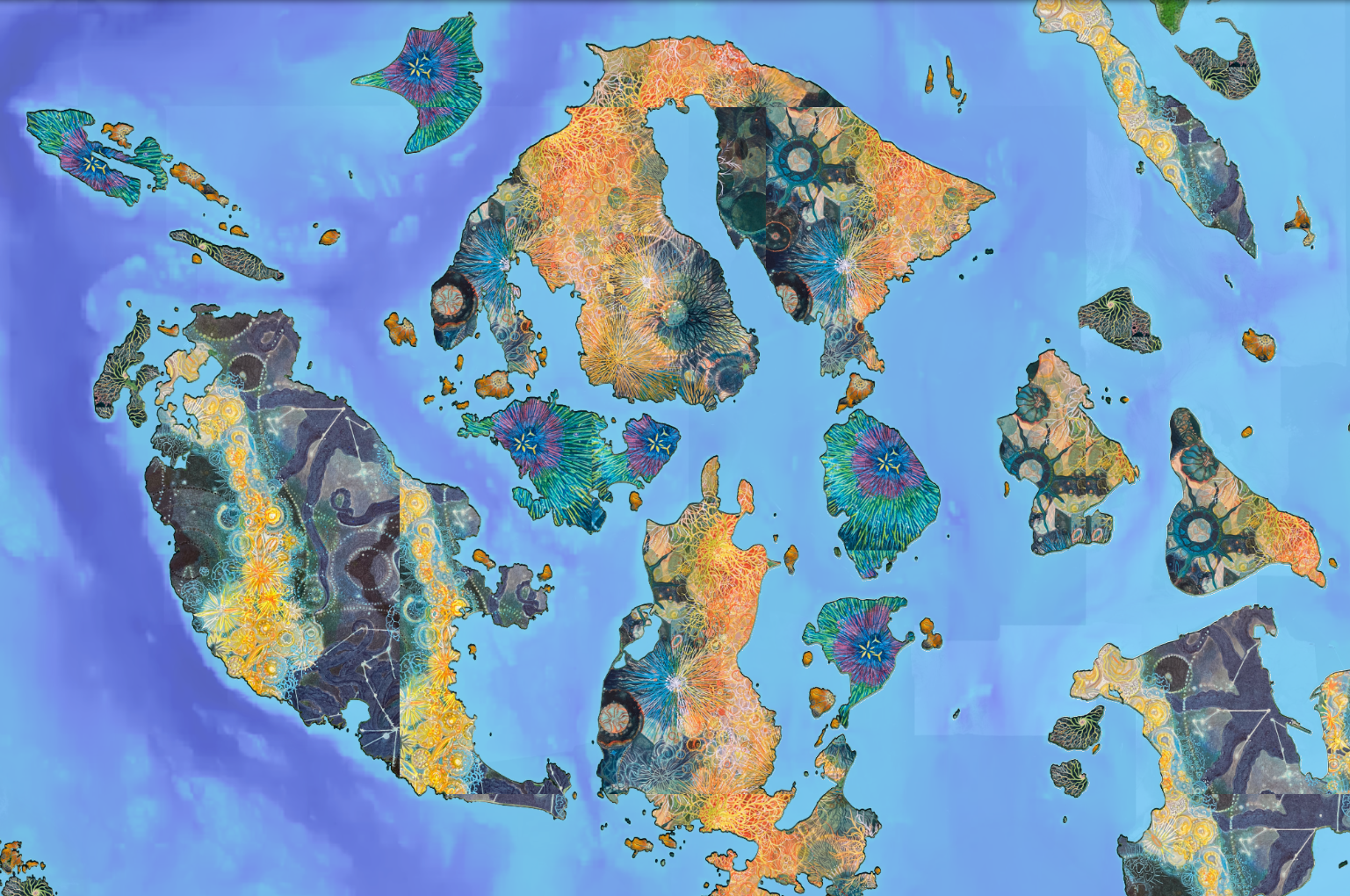
From 13 – 16 September, Künstlerhaus Stuttgart hosts the 2024 edition of the aR convention, a self-organized meeting of artists focusing exclusively on unexhibitable projects.
Co-organized over the past decade in rural France in a variety of alternative settings, this year’s aR convention will bring together some 30 artists from 13 to 16 September.
The aR convention is a self-organized moment of gathering and exchange between artists brought together through cooptation around unexibitable projects. The aR convention provides a context of sociability where artists developing practices outside exhibition have the opportunity to share their experiences. The aR convention abjures the medium of ‘exhibition’, now hegemonic and historically determined by the institutional market, notwithstanding its experimental qualities, its critical claims, its scenographic inventiveness or the transgressive ingenuity of its devices and conceits. But ‘outside exhibition’ does not mean invisible or still less asocial, quite the contrary.
The term convention was adopted by analogy to amateur practice. Conventions are selective gatherings of those passionately dedicated to a hobby or activity (sci-fi, anime, origami…). The name aR is written with a ‘little a’ (for an art indifferent to the artistic status — with a capital A — of its propositions) and for a ‘big R’ (a weekend of recreation, often in a rural setting, far from artworld institutions and the art market). As the Künstlerhaus Stuttgart repositions itself within the ecosystem of contemporary artworlds, adopting a perma-artistic approach to transforming the institutional landscape, it seemed an ideal atmosphere to host this year’s aR convention.
The aR convention is not public but nor is it private or secret and its doors remain open. The usership of the Künstlerhaus Stuttgart is invited to an exchange with the co-organizers and participants on Saturday 14 October at 3:00 pm.
aR convention
Friday, September 13, starting in the afternoon
Saturday and Sunday, September 14-15, all day
Monday, September 16, mornings
Open exchange
Saturday, September 14, 3:00 p.m.
The event will be held in English, French and German.
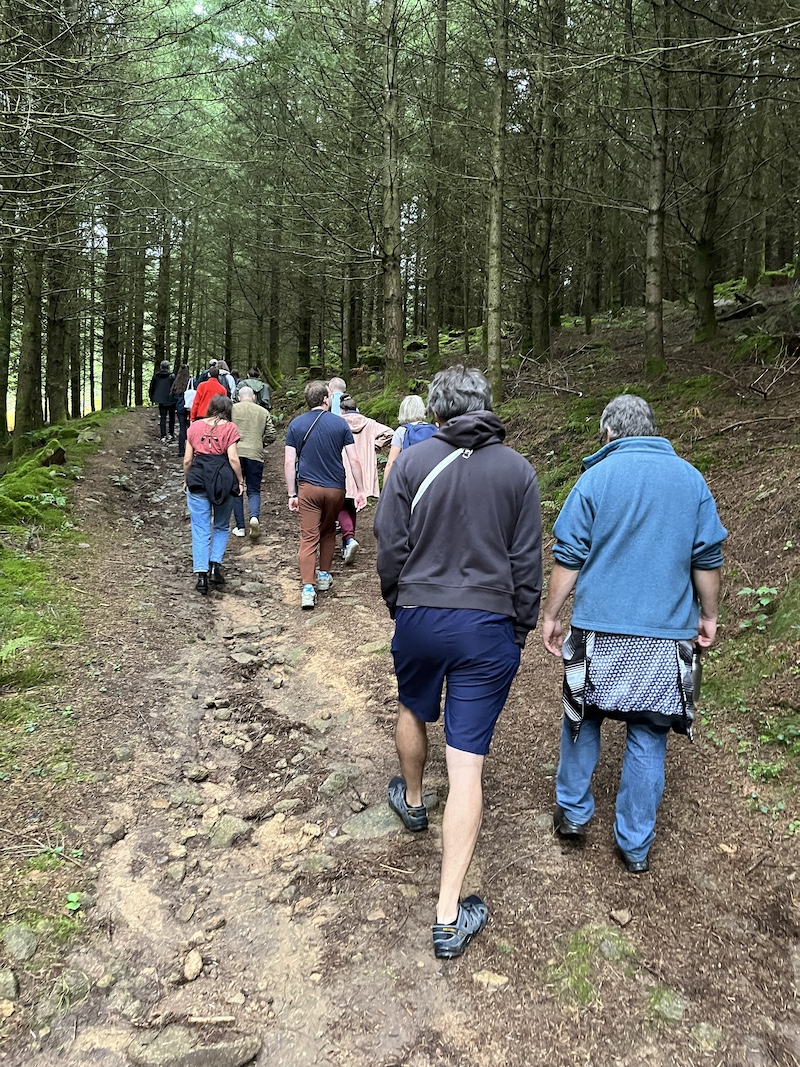
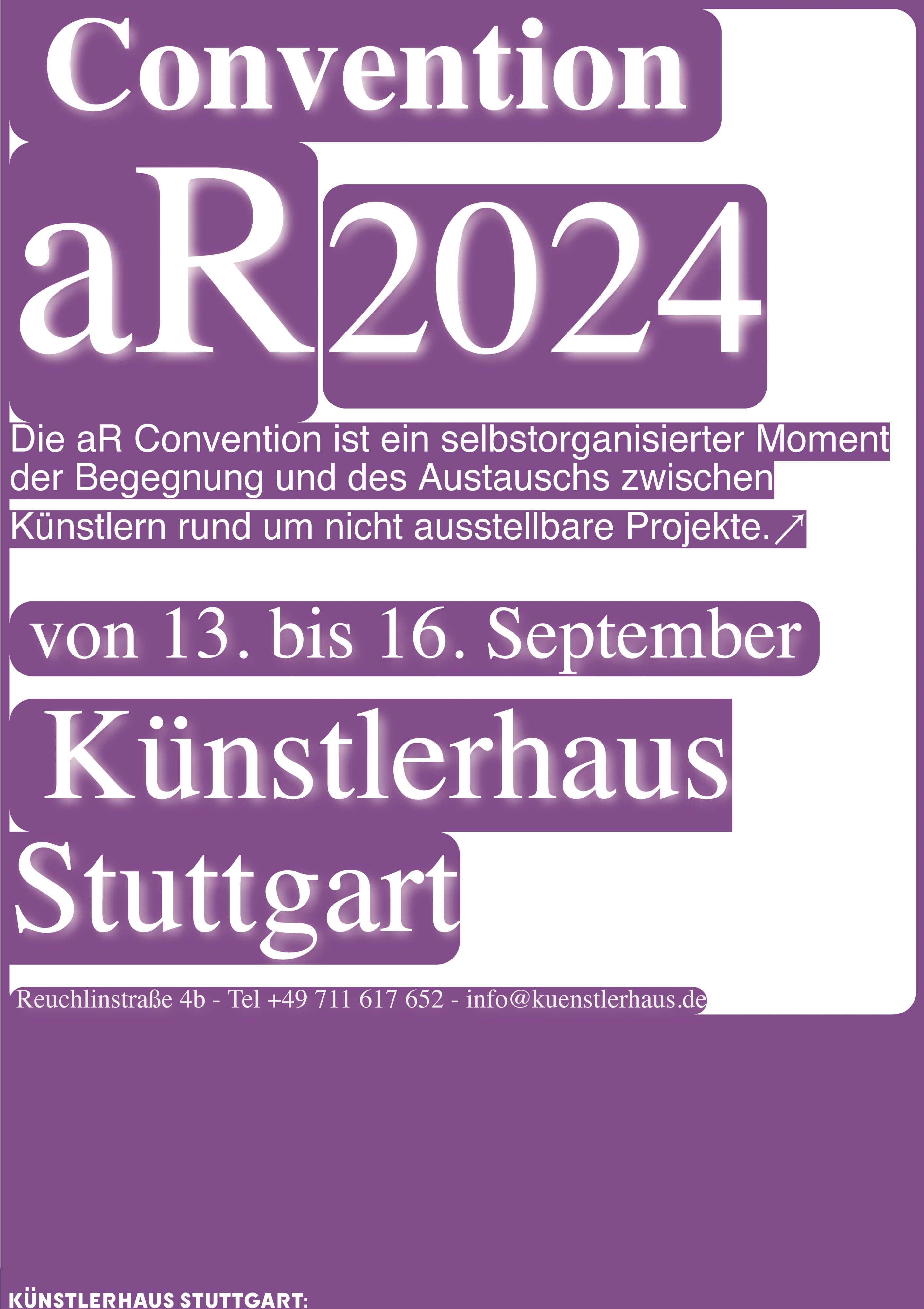
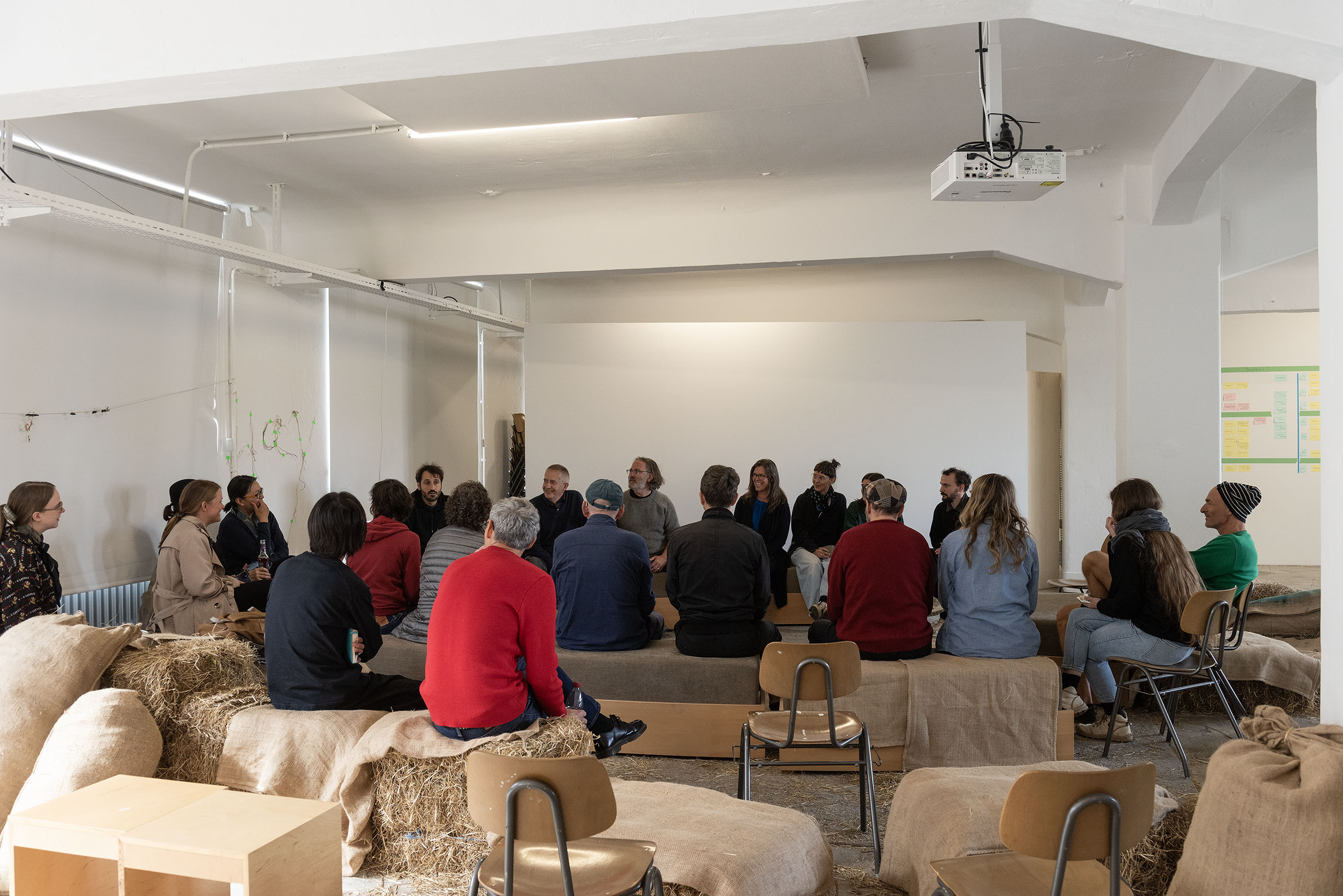
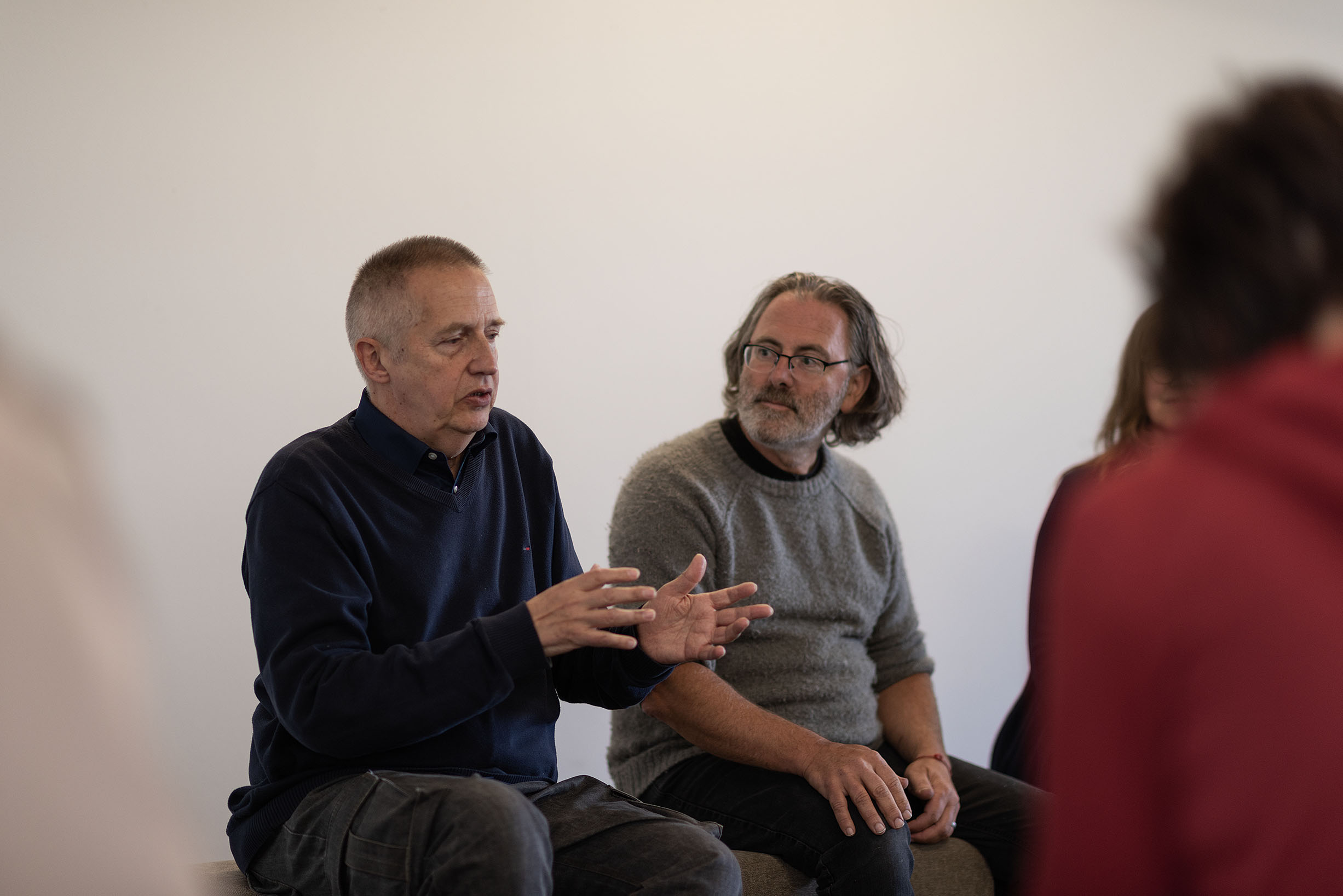
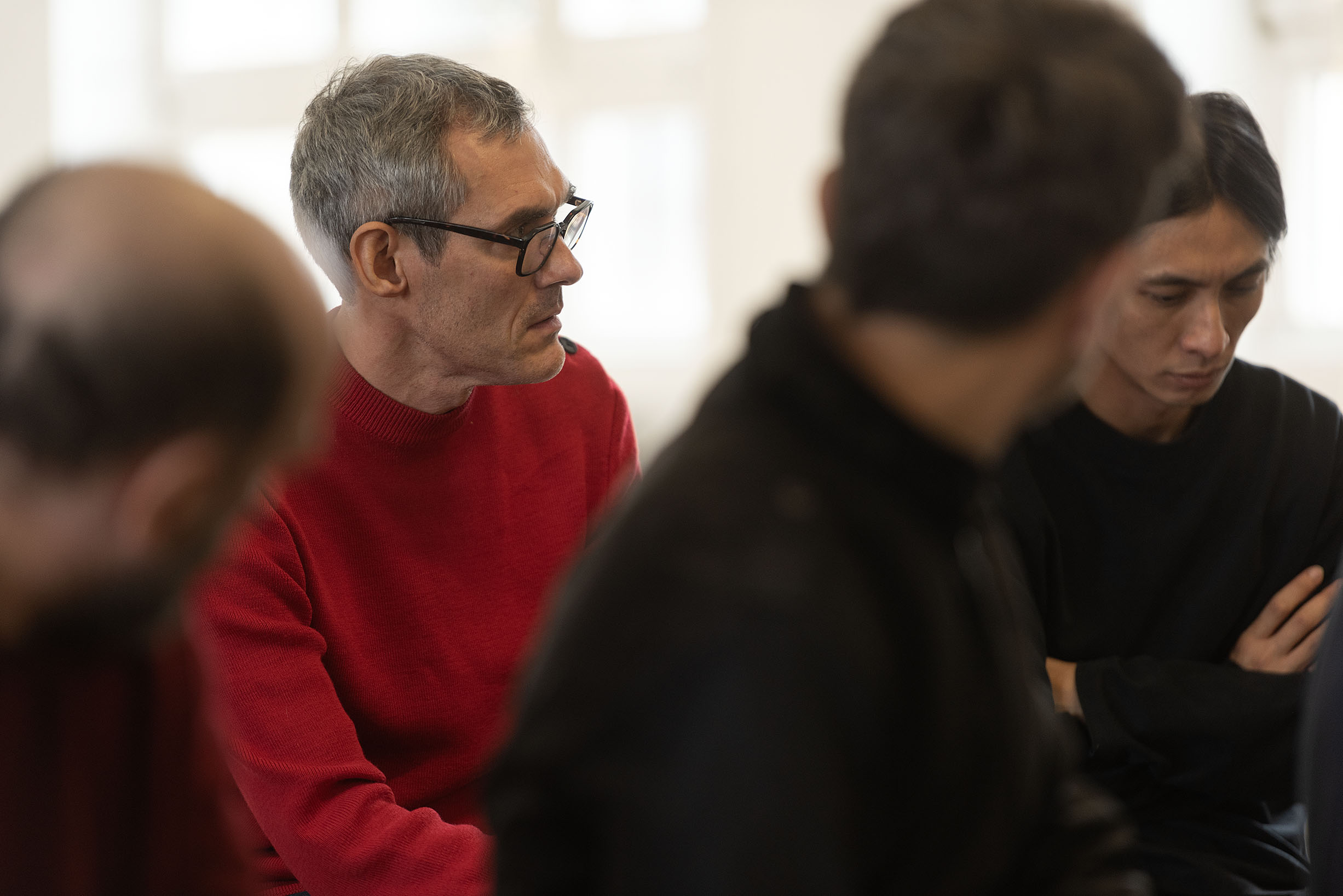
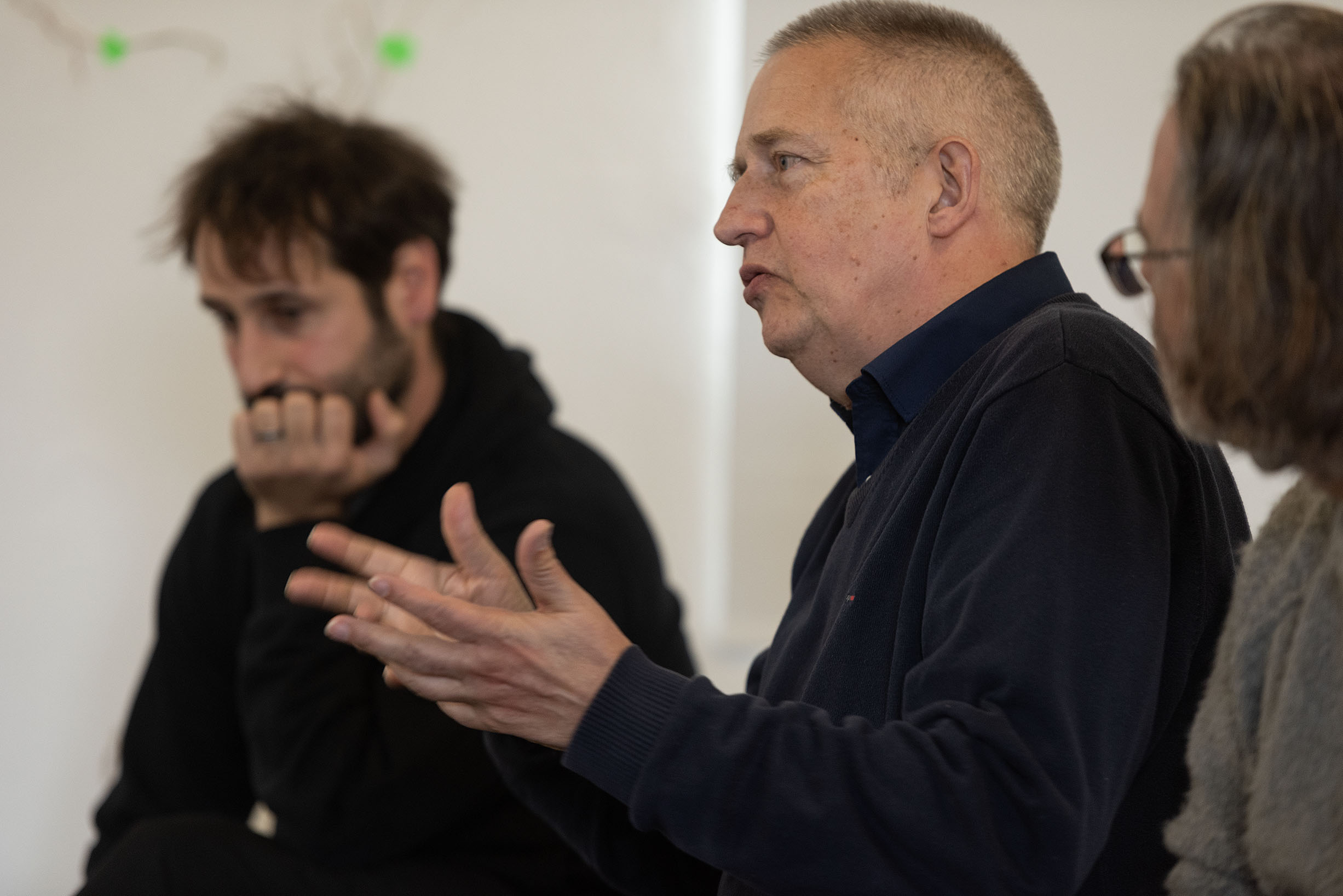
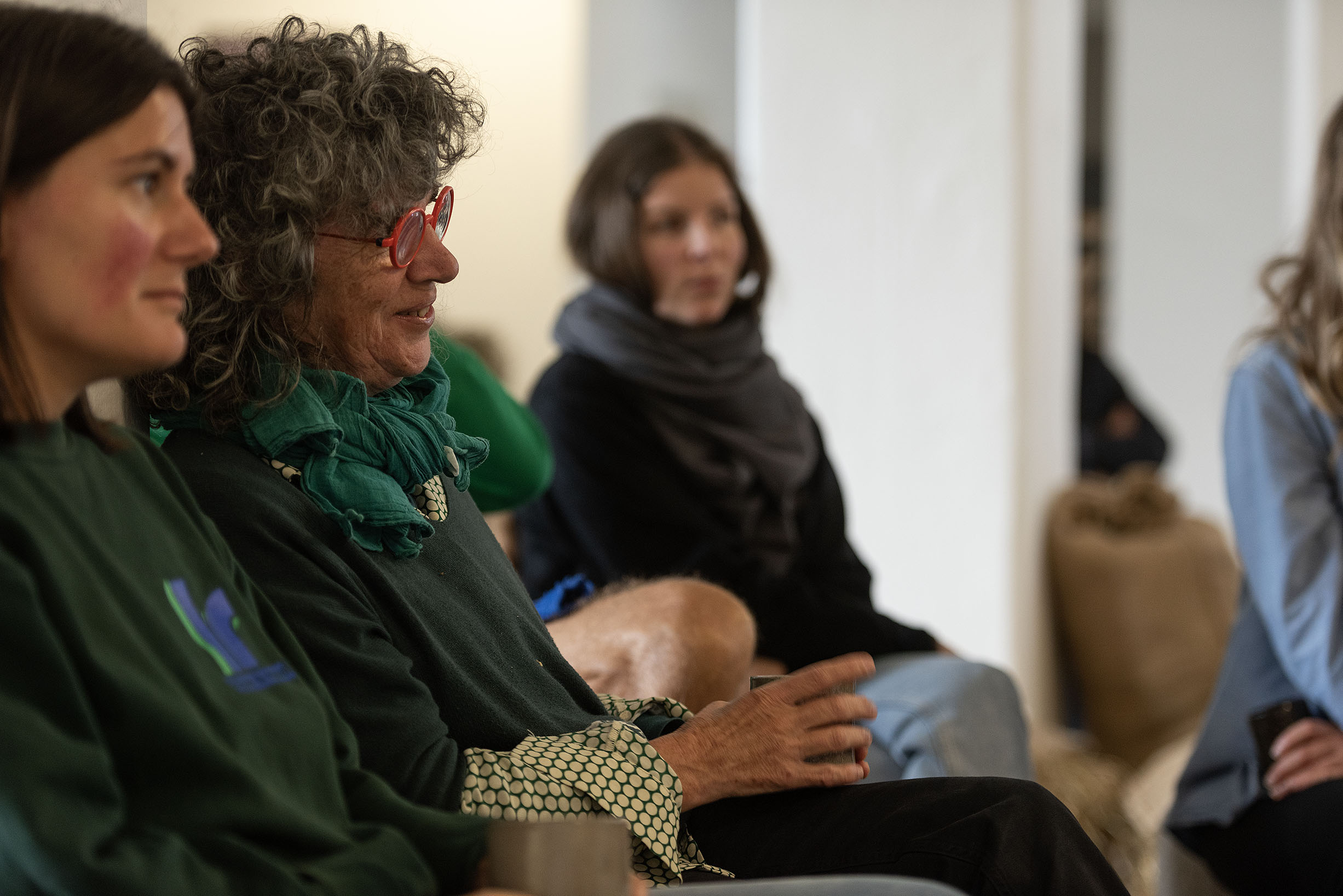
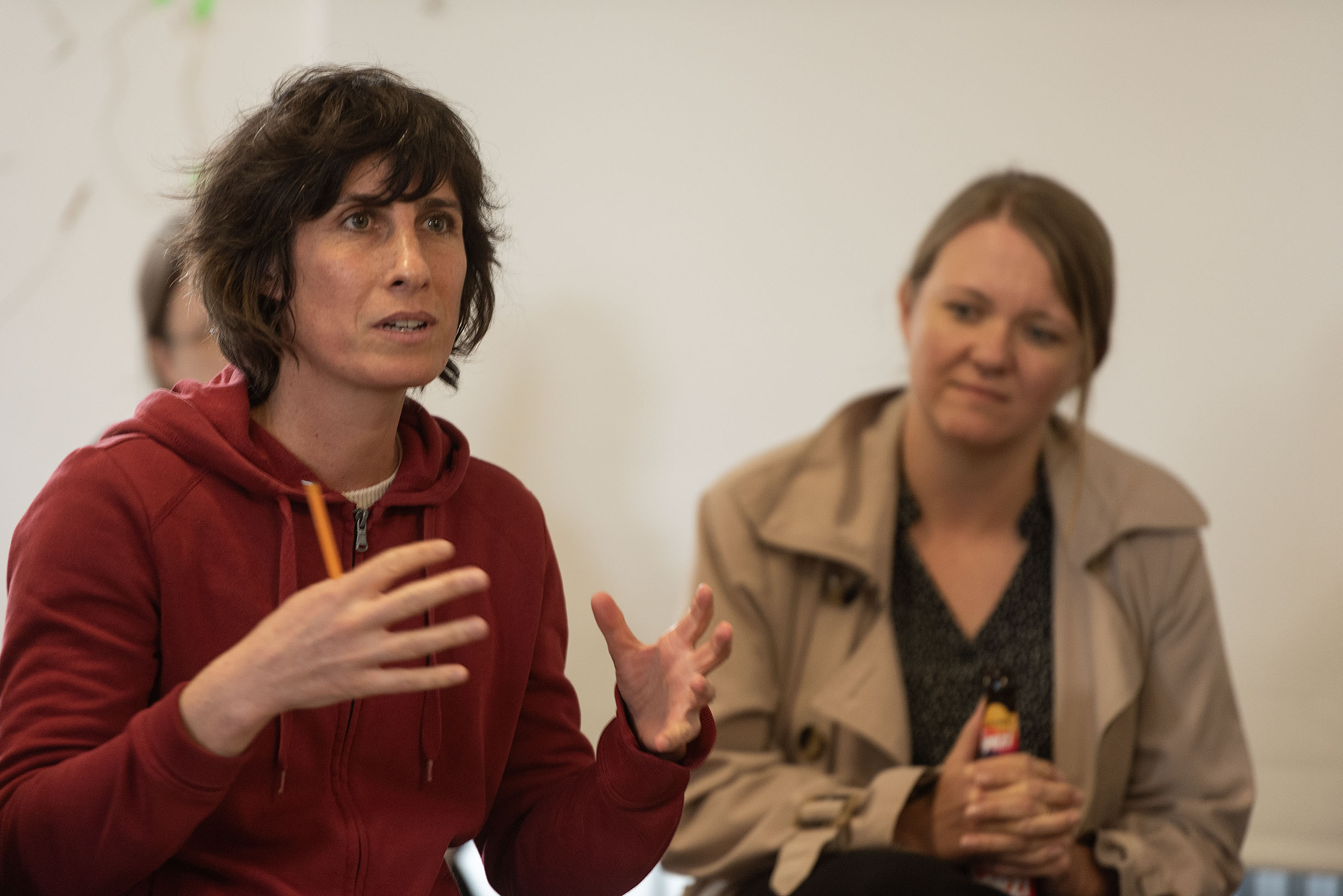


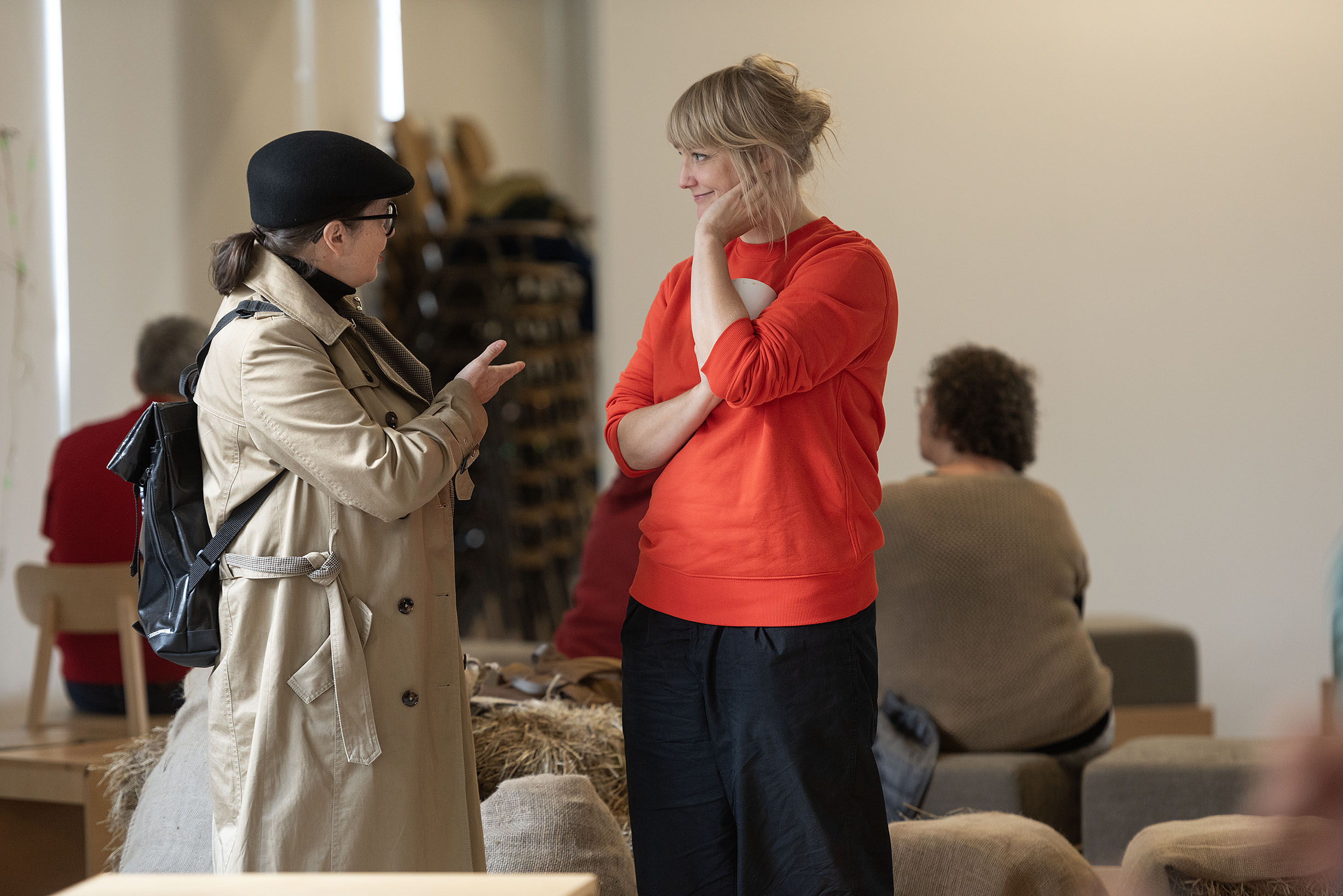
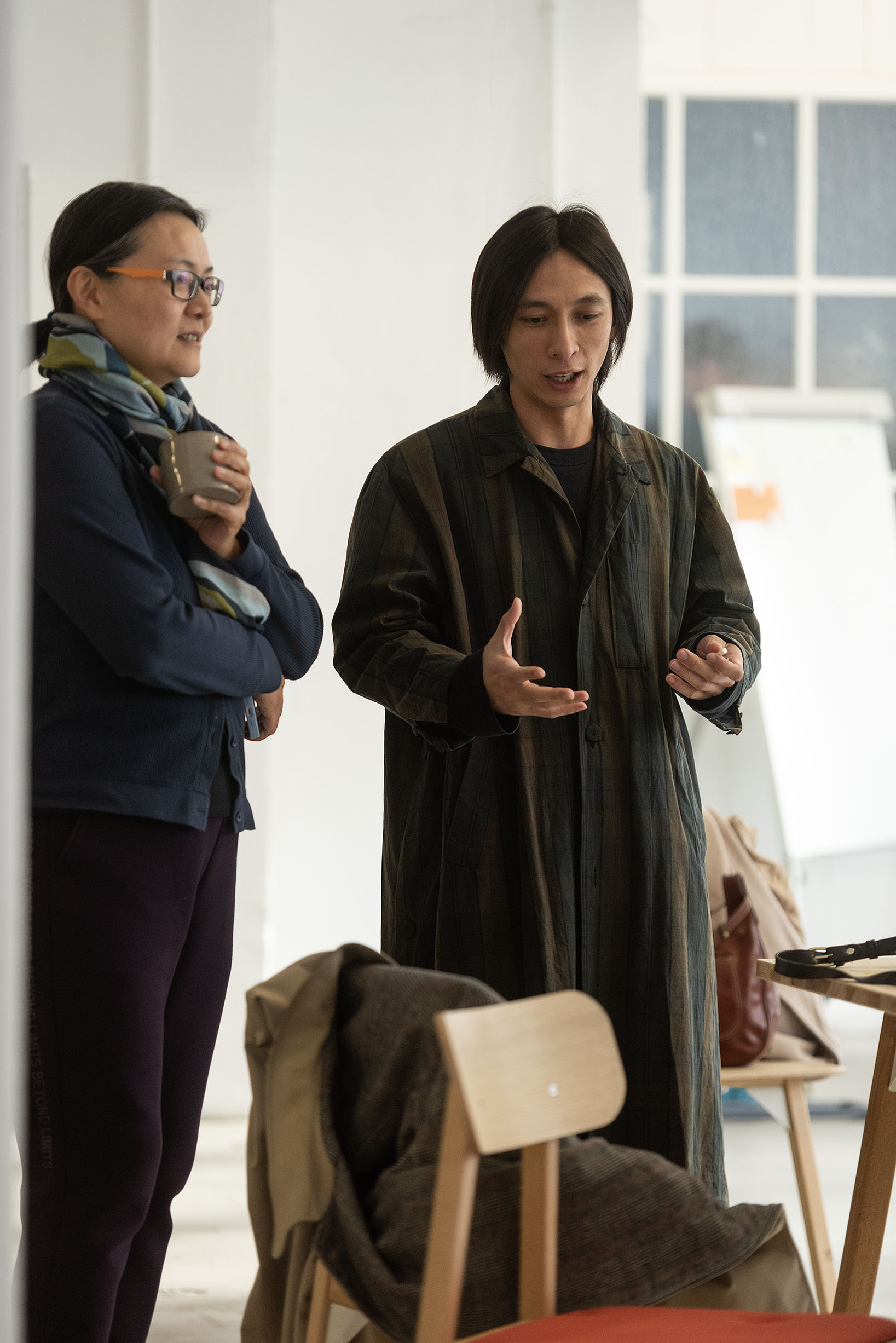
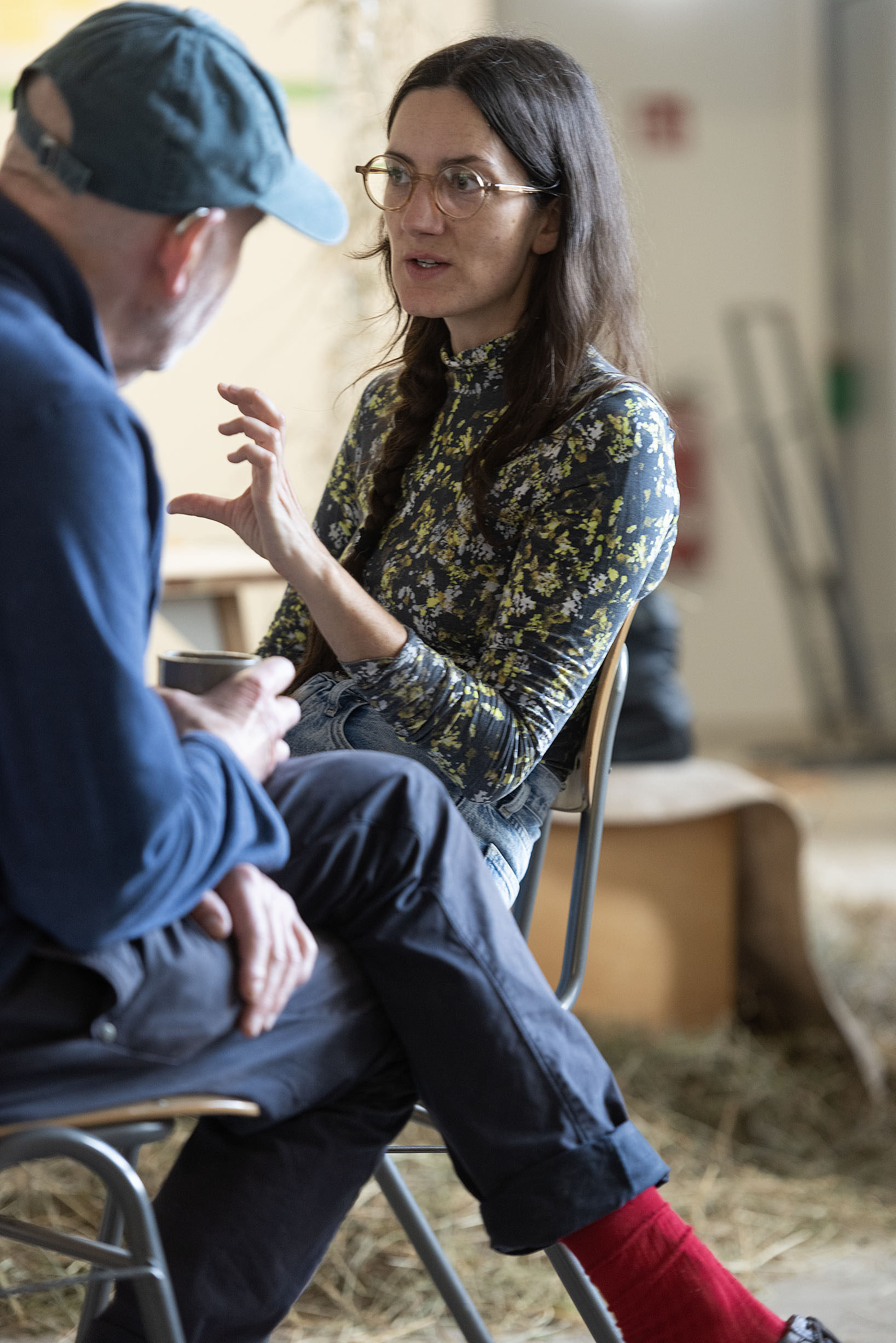
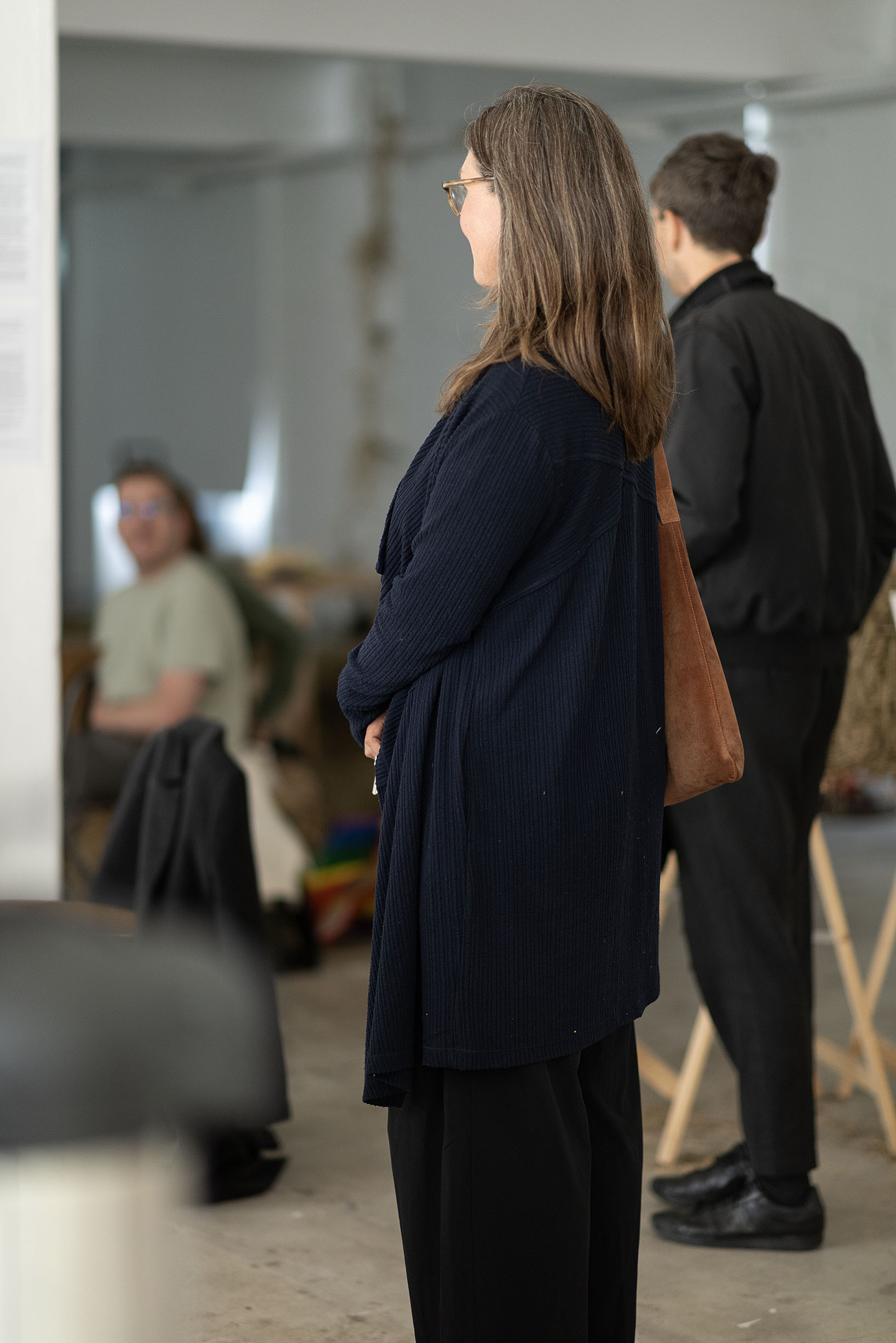
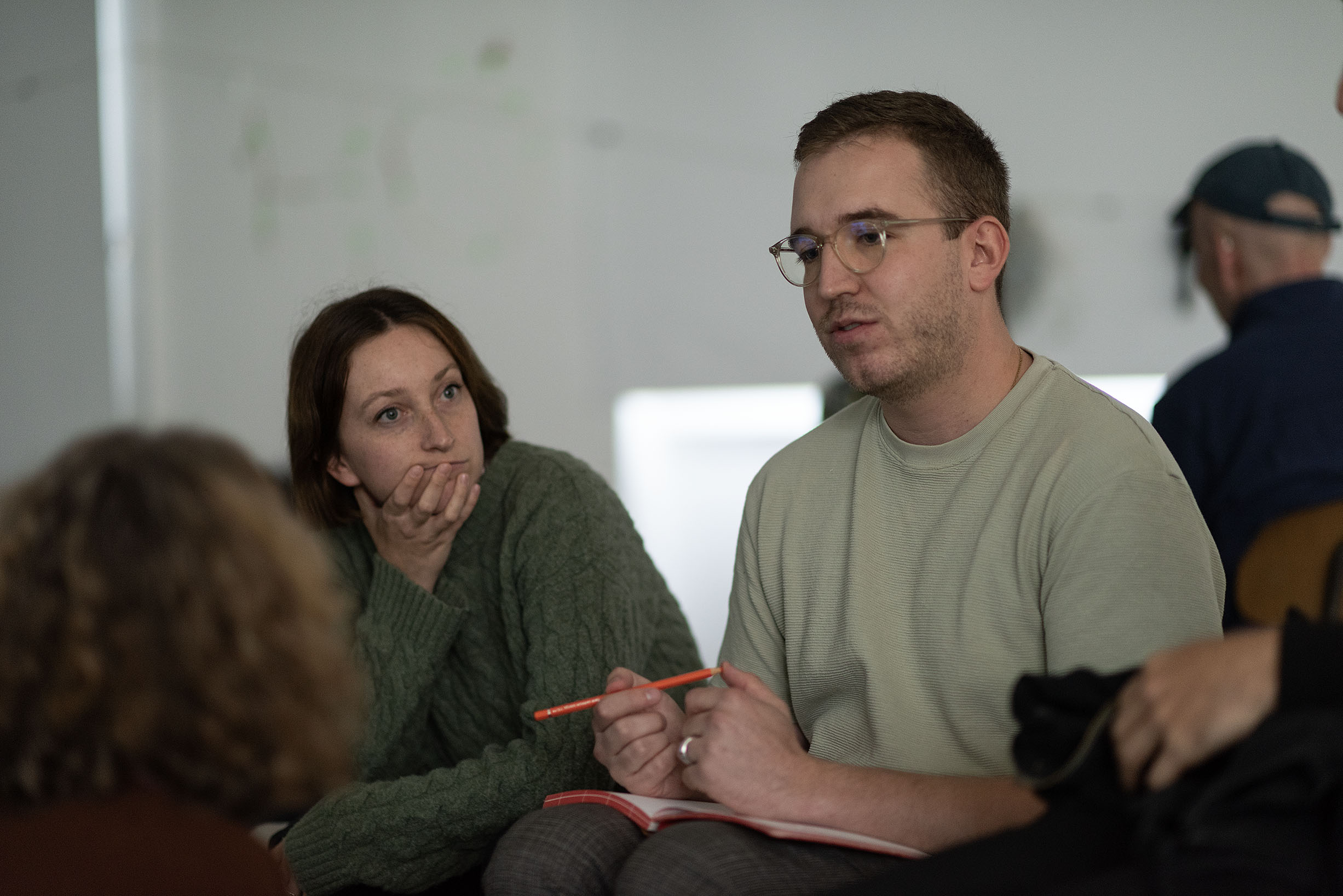
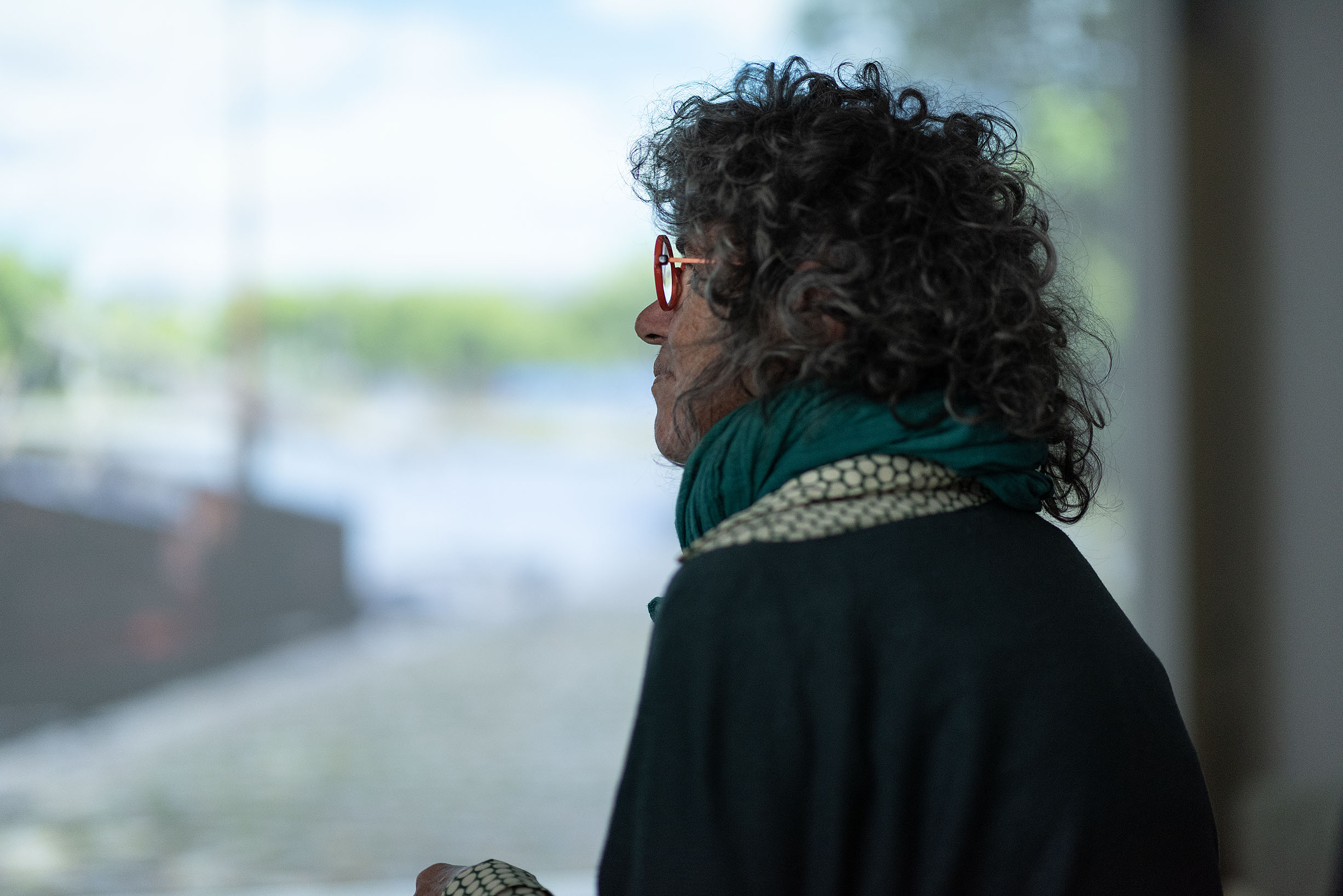
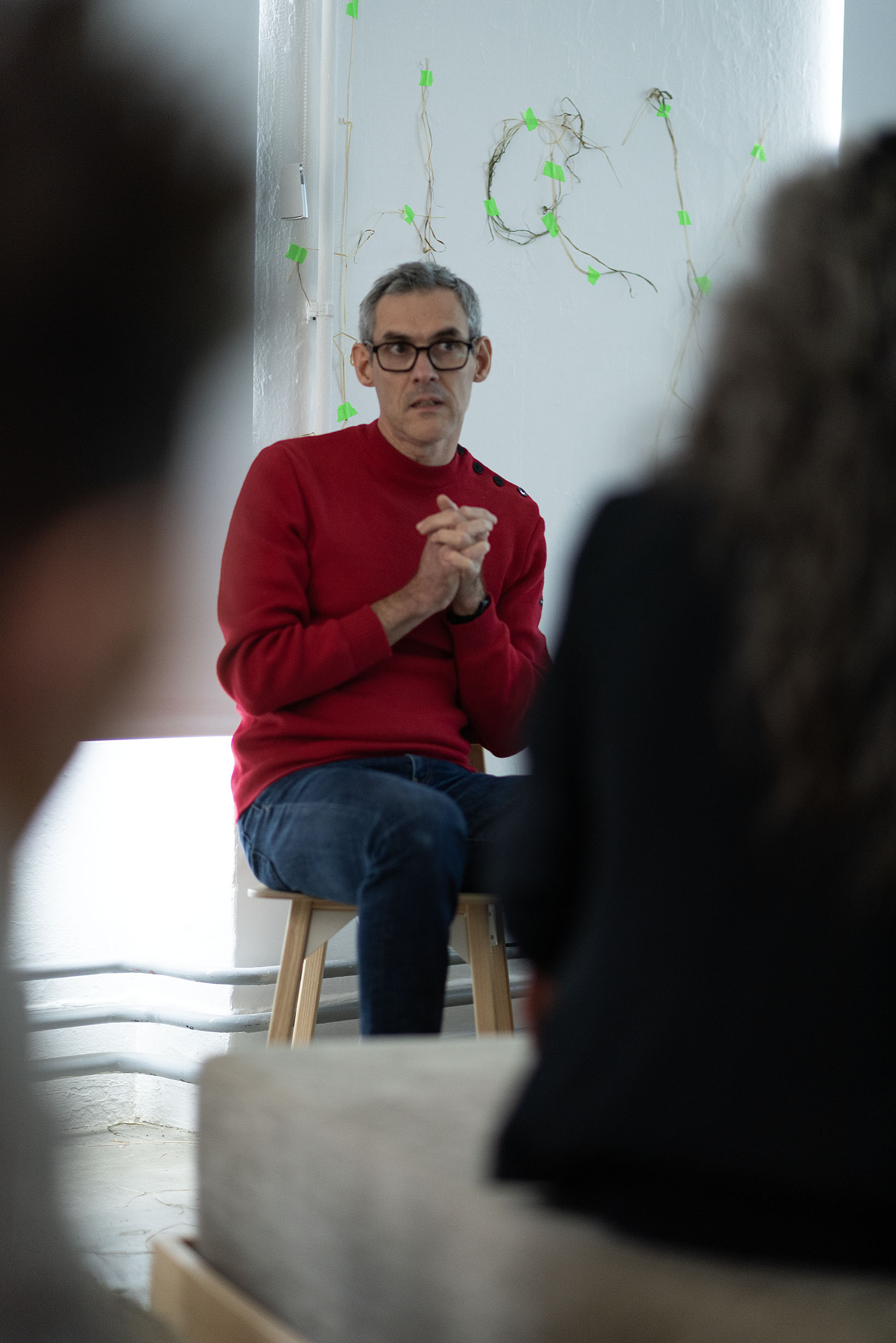
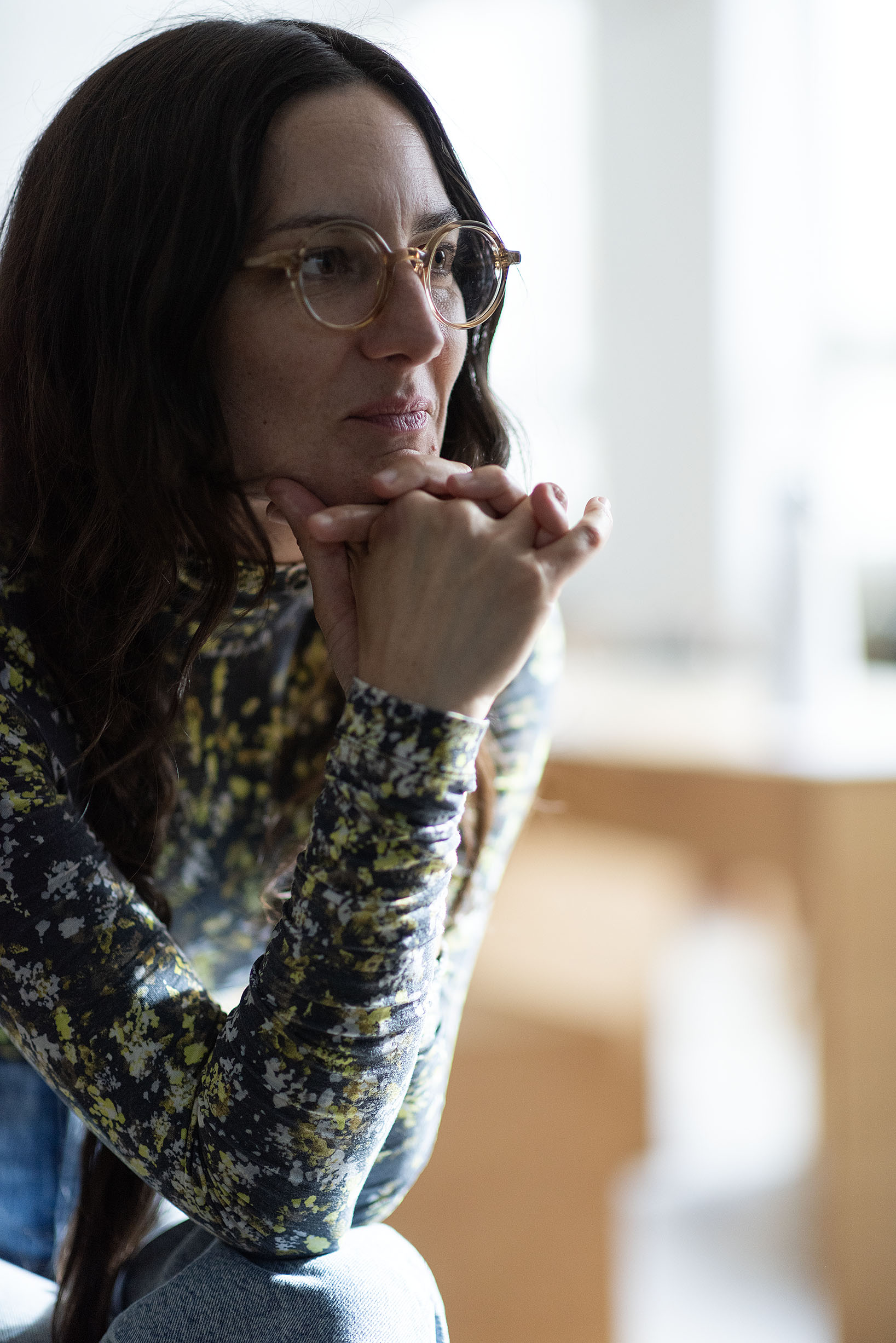

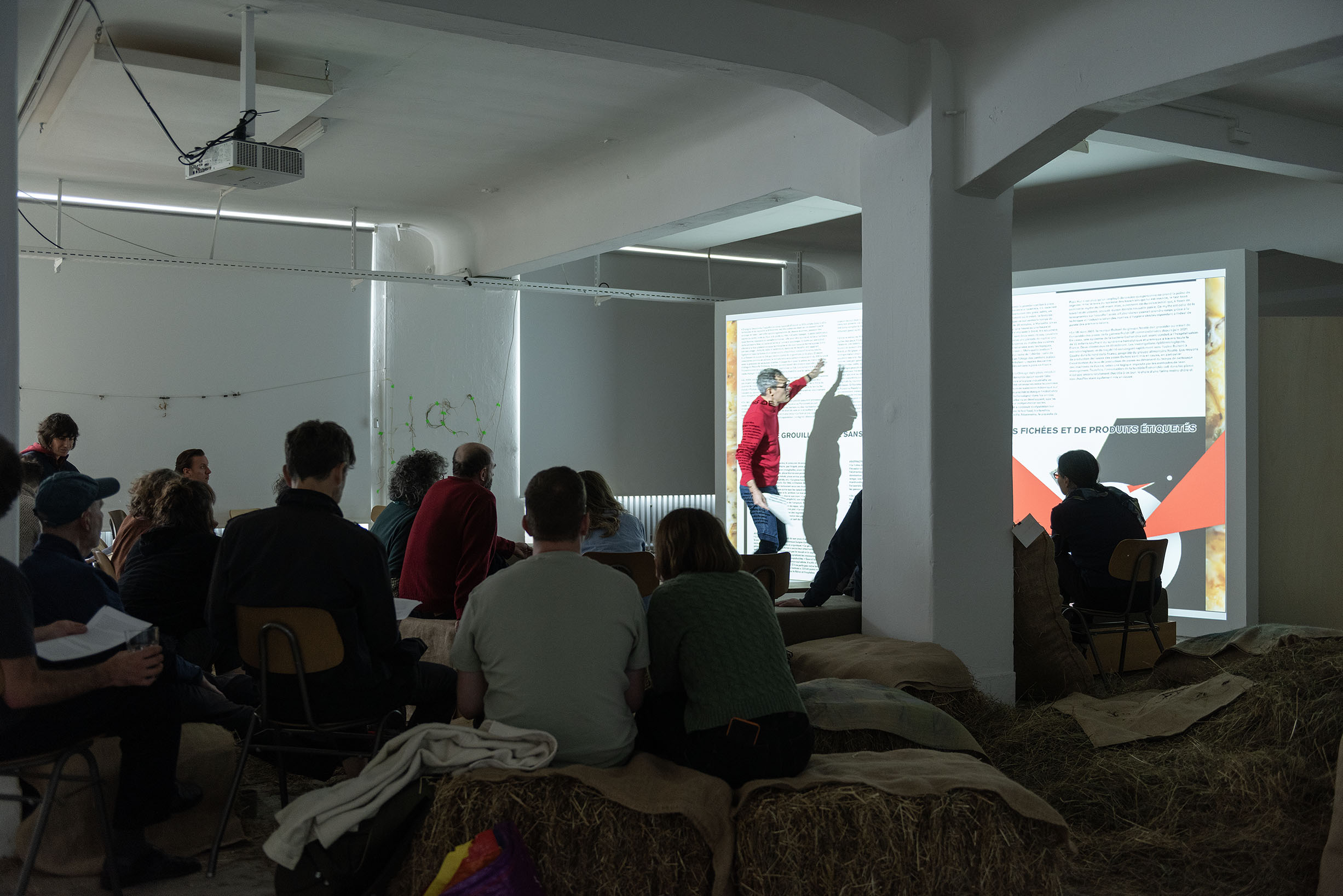


In the 35th Tuesday Workshop, visual artist, researcher and art educator Lejla Dendić invites us to consider art as a counter-hegemonic instrument. With her multidisciplinary approach, she explores the intersections of visual politics, subjectivity and resistance, creating works that question established norms and power structures.
Lejla will present selected works that deal intensively with memory, narratives, collective identity, colonialism and healing. Her works analyse these themes in a constant continuum, considering the notion of continuum as a surface on which time and space are inextricably linked. This perspective makes it possible to understand time not as a linear sequence of past, present and future, but as a curved surface on which these dimensions exist simultaneously. This perspective creates bridges between geographies, temporalities and humans and emphasises the need to use these connections for solidarity and transformative change.
Lejla Dendić (*1997) studied at the State Academy of Fine Arts Stuttgart and completed her artistic education there. She currently lives and works in Stuttgart, where she is furthering her artistic practice.
Following the presentation, everyone is invited to join the discussion and exchange to delve deeper into these topics.
Tuesday Workshop
The Künstlerhaus invites an artist or a collective—meaning any artists or cultural workers from any field or discipline—to talk about their working methods as well as their backgrounds and approaches. We want to establish a platform for a more in-depth interaction with regard to artistic practice, and in doing so to create a network, show solidarity, and mutually strengthen one other.
The series is aimed at all members of Künstlerhaus Stuttgart, artists either living in Stuttgart and the surrounding area or just traveling through, all cultural workers, art mediators, curators, etc., and is open to everyone!
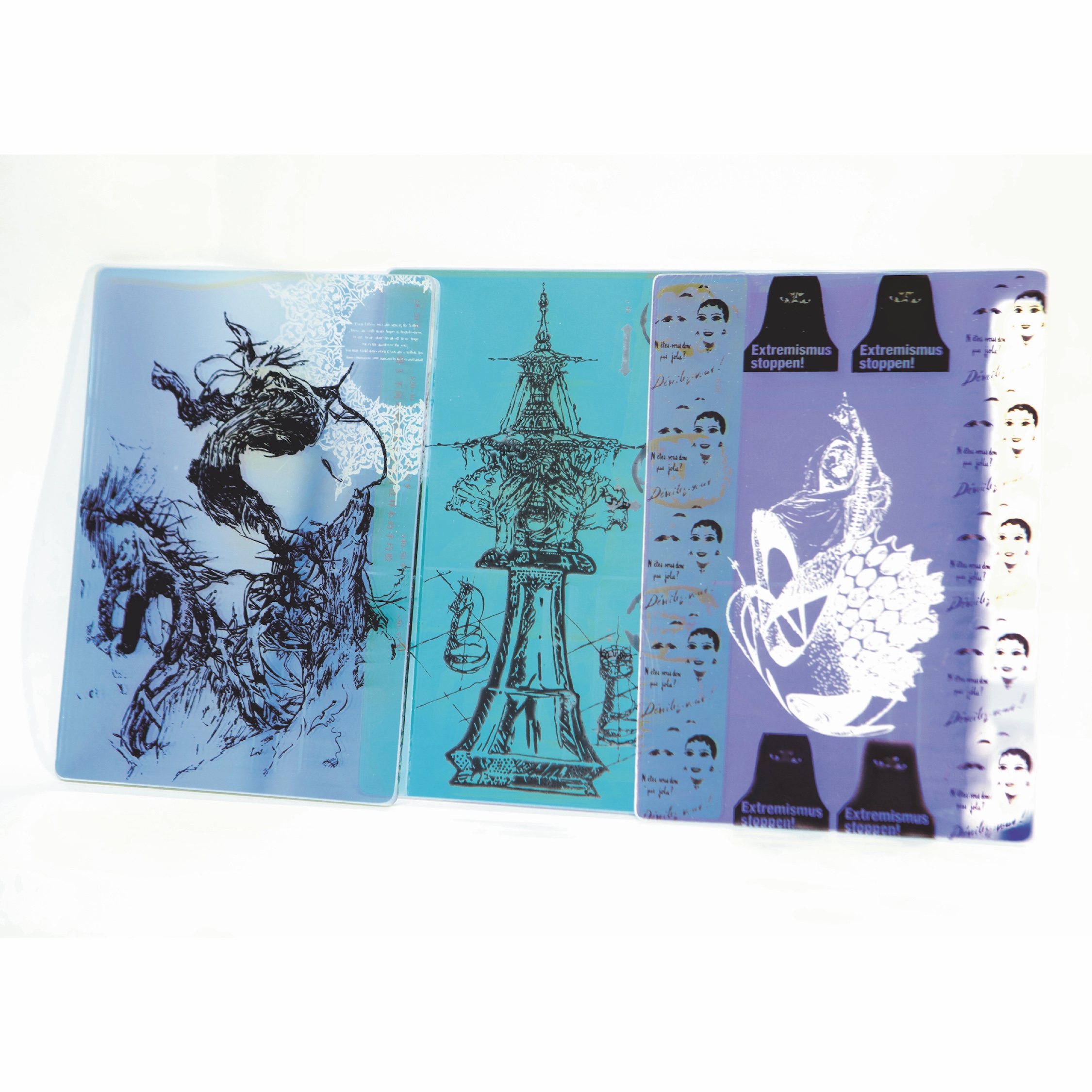
In 1946, Shoa survivor Shmuel Dancyger is shot dead by a Stuttgart police officer during a raid in Reinsburgstraße. The crime remains unsolved. Today, a plaque commemorates him and the more than one thousand Polish Jewish displaced persons who were housed in Stuttgart-West from 1945 to 1949. Less is told about the self-organised everyday life: In addition to various educational institutions and cultural events, Reinsburgstraße had a synagogue, a mikvah, its own football club, a kosher kitchen, the “Café-Klub Tel Aviv” as well as an infirmary and its own police department. A newspaper was also published. Today, this is largely invisible, with only the buildings remaining as silent witnesses.
During the Summer School, the site-specific history will be recalled in the context of current artistic and cultural discourses. In addition, German remembrance culture will be discussed against the background of anti-Semitic, racist and right-wing extremist continuities in Germany. A city walk leads in two stages from Bad Cannstatt to Reinsburgstraße in Stuttgart-West. With talks, guided tours, workshops and lectures by Hannah Peaceman, Monty Ott, Ruben Gerczikow, Juliane Bischoff, Avi Palvari, Tamar Lewinsky, Josefine Geib, Günter Riederer, Martin Ulmer, Karin Autenrieth and others. With films by Chantal Akerman, Hito Steyerl, Maya Schweizer, Arkadij Khaet and Mikey Paatzsch as well as Cana Bilir-Meier, a book by Judith Coffey and Vivien Laumann and an exhibition in the shopwindow of Achim Lesnisse’s insurance office.
The full program you can find here
As places at the Summer School are limited, we kindly ask for registration.
Please register by 25 August 2024 at info@stuttgart-reinsburgerstrasse.de with the following details:
- Name and pronouns
- Place of residence
- 1 sentence about your motivation to take part in the Summer School
If you have any questions about the programme, please contact us at
info@stuttgart-reinsburgerstrasse.de
____________________________
¹ “STUTTGART, Reinsburgerstraße . . Do gefint zich einer fun di greste jidisze lagern in der Amerikaner zone” is written in Yiddish with Latin letters on the title page of the Stuttgart DP camp album as a caption under a black and white photograph. Together with photographer Alexander Fiedel, we look down Reinsburgstraße from a traffic island. The album is now in the United States Holocaust Memorial Museum in Washington. There it is labelled as follows: “Title page of the Stuttgart Jewish DP camp album with a photograph of the Reinsburgerstrasse. The Yiddish caption reads, ‘Stuttgart, Reinsburgerstrasse . . . on which is located the greatest Jewish camp in the American zone.'” Reinsburgstrasse, which is located in Stuttgart’s West district, leads from the Rotebühl and Feuersee neighbourhoods up to the Hasenberg and ends just below the Westbahnhof.
An event organised by: Ann-Kathrin Müller and Judith Engel in cooperation with Künstlerhaus Stuttgart as part of “HIDDEN PLACES – Stuttgart neu erzählt” organised by the Stuttgart Cultural Office
Concept and research: Ann-Kathrin Müller
Realisation: Ann-Kathrin Müller and Judith Engel
Graphic design: Studio Tillack Knöll
With the kind support of


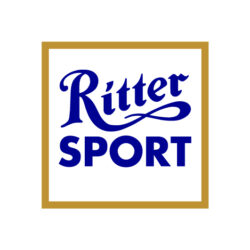
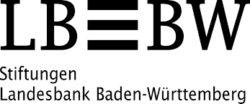
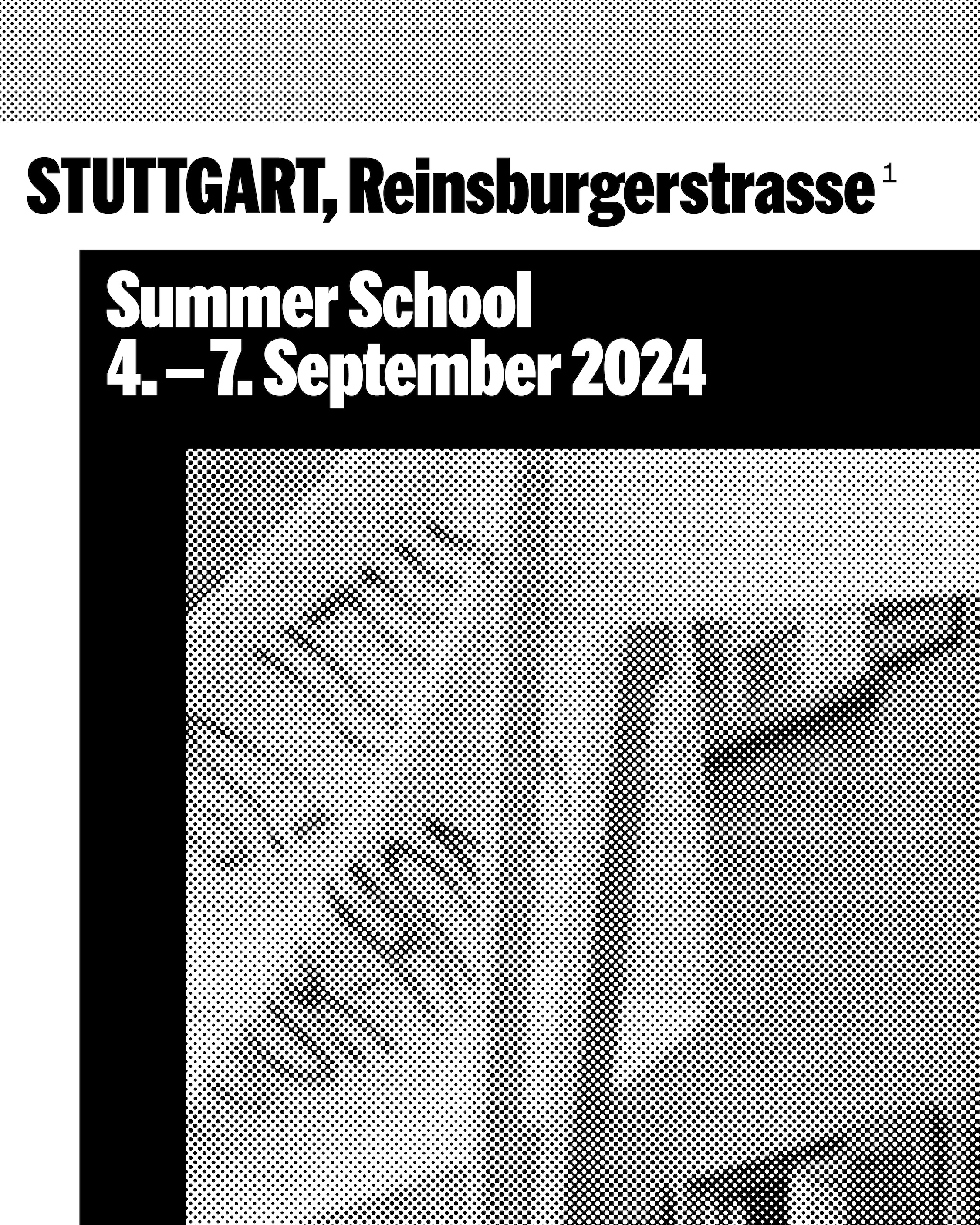
*The ‘Queer Forest Creatures’ bring the forest around Stuttgart into the Kessel and you to the forest within you*
Join us on a journey of self-exploration and expression in the forests of Stuttgart! Lingering, listening, breathing, sounding, dancing, performing, fantasising and writing stories in the forest – this is how we want to encounter the parts of ourselves that are marginalised and suppressed in urban spaces and can therefore rarely be felt and lived. Our two-day workshop invites us to bring the queer forest beings within us to life, to embody them and let them shine outwards.
Where and when:
Workshop: 24 – 25 August 2024
24 August UTOPIA Kiosk
25 August Künstlerhaus Stuttgart
Exhibition: 19-29 September 2024 at the UTOPIA Kiosk
19 September Vernissage with reading and presentation/performance, music
28 September Finissage with zine workshop
The workshop is aimed at people who are affected by heterosexism and/or queer hostility.
No previous knowledge is necessary. As we are going into the forest, the workshop is unfortunately not completely barrier-free. It is possible to choose a place in the forest that is easily accessible by train and on forest paths, but the ground will not be completely flat. Please bring clothes that you can move around in and that can get dirty, as well as sun and mosquito protection, water to drink and a few snacks. Breakfast and lunch will be provided. The event will be held in German and English.
Registrations and questions by mail to lu.kenntner@vlsp.de. Participation is free of charge.
More information: utopiakiosk.100mensch.de
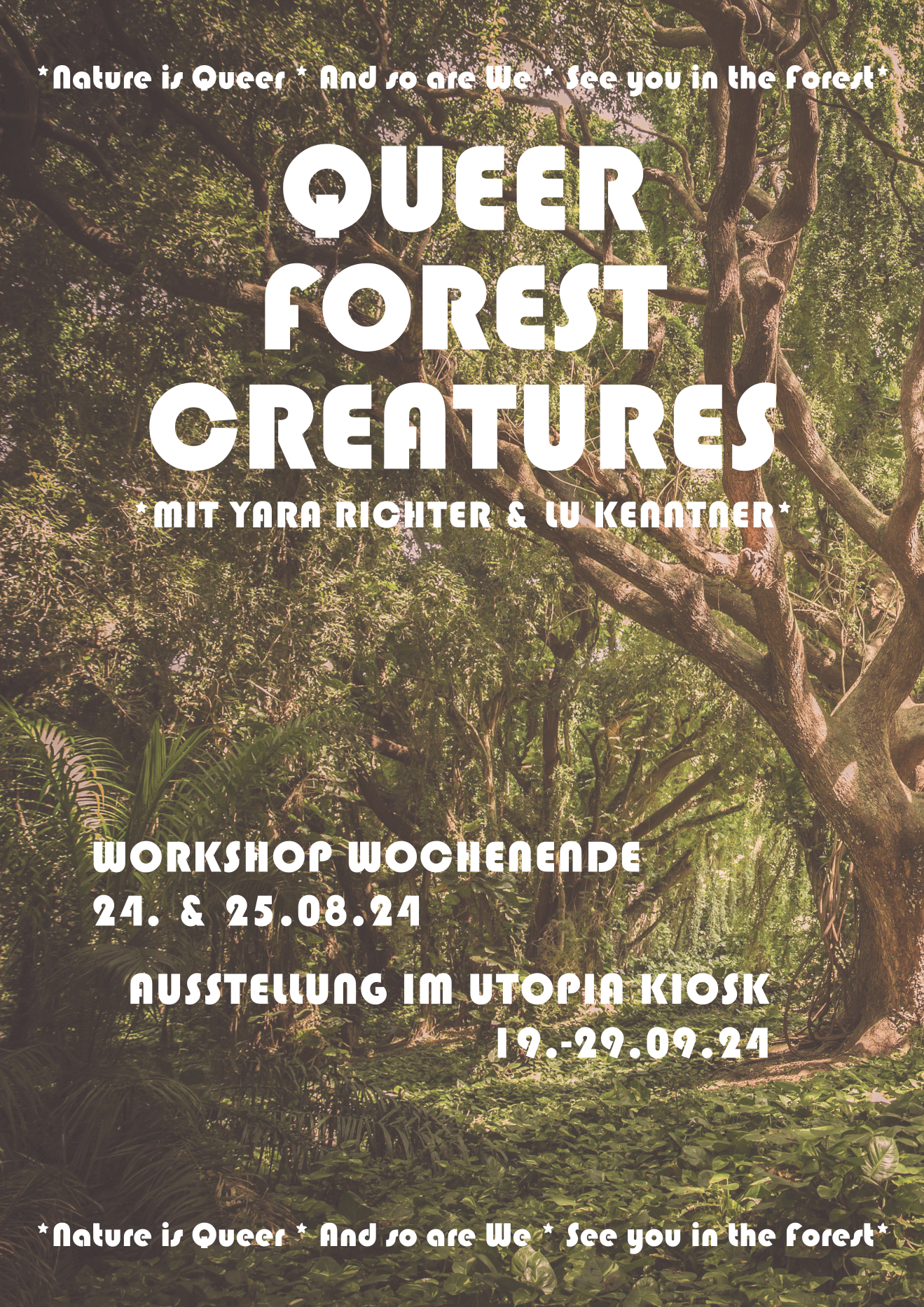
At the general meeting of the Künstlerhaus on July 13th 2024, the representatives on the board and advisory board were re-elected for a three-year term.
The Board is made up of Ania Corcilius (1st Chairperson) and Christoph Schwerdtfeger (Treasurer), who were confirmed in their respective positions, as well as Jochen Detscher, the new 2nd Chairperson.
Julian Bogenfeld, Stephanie Bollinger, Eva Dörr, Björn Kühn, Lena Meinhardt and Jasmin Schädler were elected to the Advisory Board.
We would like to thank the outgoing members of the Board and Advisory Board – Anna Schiefer, Monika Nuber, Florian Model, Alexander Sowa and Yvette Hoffmann – for their voluntary work and for the important impetus that each of them has given the Künstlerhaus in recent years.
We would like to thank the membership for their trust in our work and look forward to accompanying the Künstlerhaus in its current metamorphosis under the artistic direction of Tamarind Rossetti and Stephen Wright. In addition, the launch of the Neue Auftraggeber program this year also marks the beginning of a new chapter in the history of the Künstlerhaus, which continues to develop into the urban space and the region.
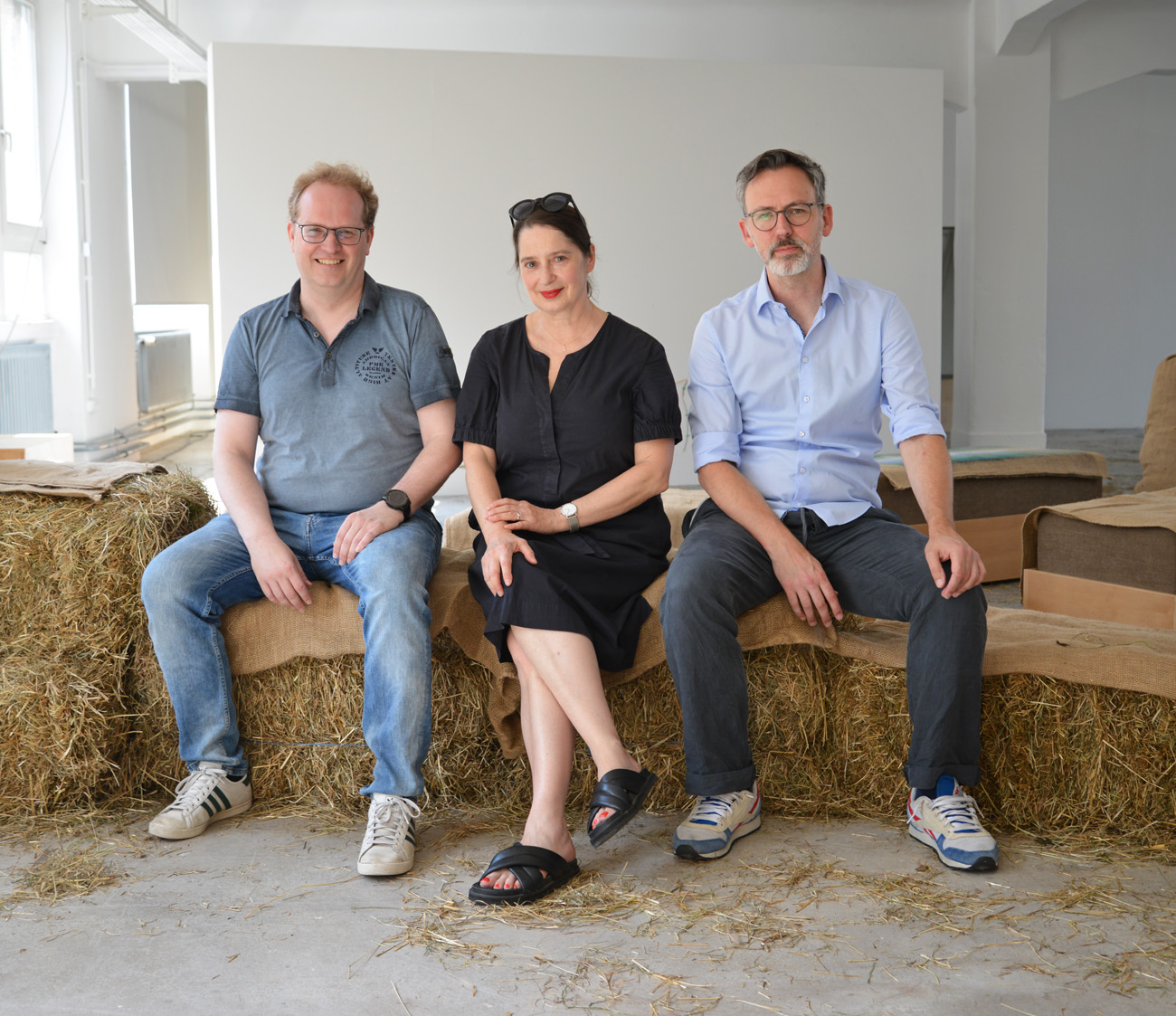
Join us Sunday July 21st in the hay at 11am for a fun family morning of animated short films! Come sit in the haystacks, have some popcorn, and watch these beautiful, unique films made for kids and great for all ages! Come on a journey through the fruits of the clouds, into a forest with magical foliage, on an adventure with a tiny fox, a day on the farm wandering the fields as small animals prepare for the changing season.
The Fruits of the Clouds – Kateřina Karhánková – 2017 – 11 minutes
Miscellaneous – Anne-Lise King – 2010- 4 minutes
The Tiny Fox – Aline Quertain, Sylwia Szkiladz – 2015 – 9 minutes
Boriya – Min Sung Ah – 2019 – 17 minutes
November – Marjolaine Perreten – 2015 – 4 minutes
Free
Screening on the 2nd floor (side entrance to the right of the building)
Total screening time: 45 minutes
All films are accessible for all languages. There is a music soundtrack and little or no dialogue.
For all ages.
Program:
The Fruits of the Clouds – Kateřina Karhánková – 2017 – 11 minutes
In the heart of a dark forest, live seven small harmless, hungry and very, very cute beings. They live in a clearing that they never leave. But when food is running out, the bravest of them ventures into the forest.
Miscellanées – Anne-Lise King – 2010- 4 minutes
The evening falls on the mountains of Queyras. A strange being appears in the forest and plants a seed that gives birth to a tree with magical foliage. When the day rises, one of the small leaves then begins a journey that will animate the whole valley.
The Tiny Fox – Aline Quertain, Sylwia Szkiladz – 2015 – 9 minutes
In the middle of a teeming garden, a tiny fox meets an intrepid child who grows giant plants! By a joyful chance, they discover that they can grow objects, it will give ideas to the little cunners…
Boriya – Min Sung Ah – 2019 – 17 minutes
One summer, in the Korean countryside. Bori, a 7-year-old girl, is bored on the family farm. Everyone is busy, except her, because it’s the harvest season. She is desperately looking for someone to play with… but nothing happens as she had imagined.
November – Marjolaine Perreten – 2015 – 4 minutes
Autumn settled on the banks of the stream. Small animals are active to prepare for the great winter season.
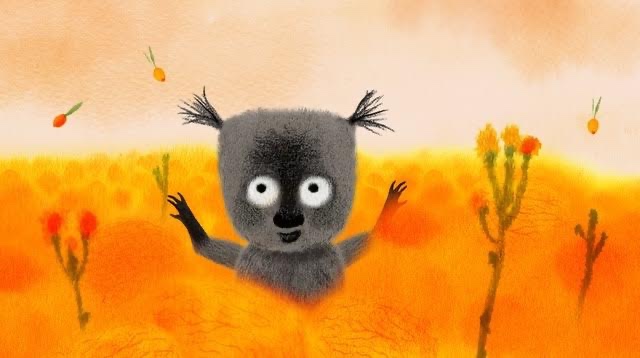

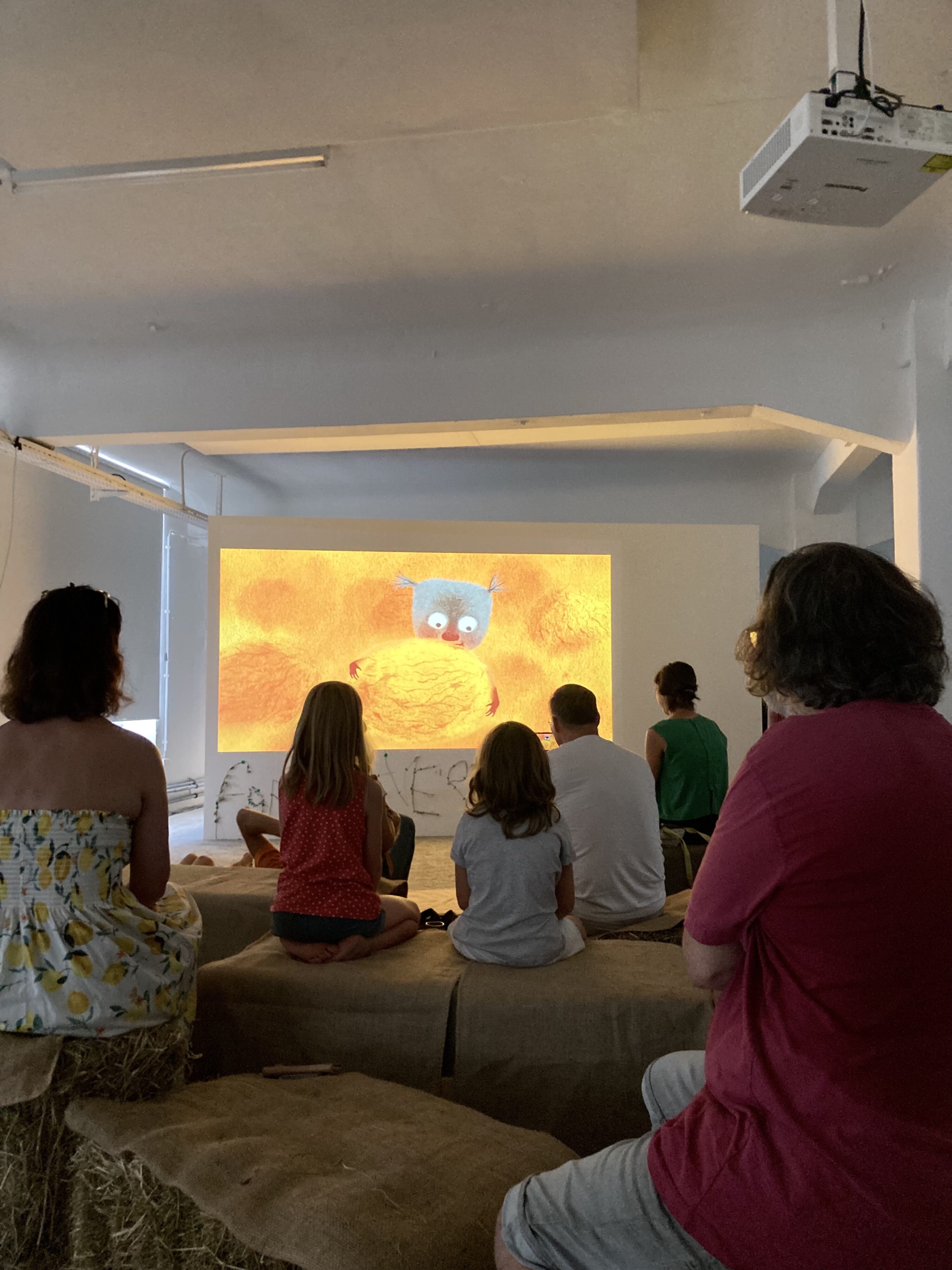

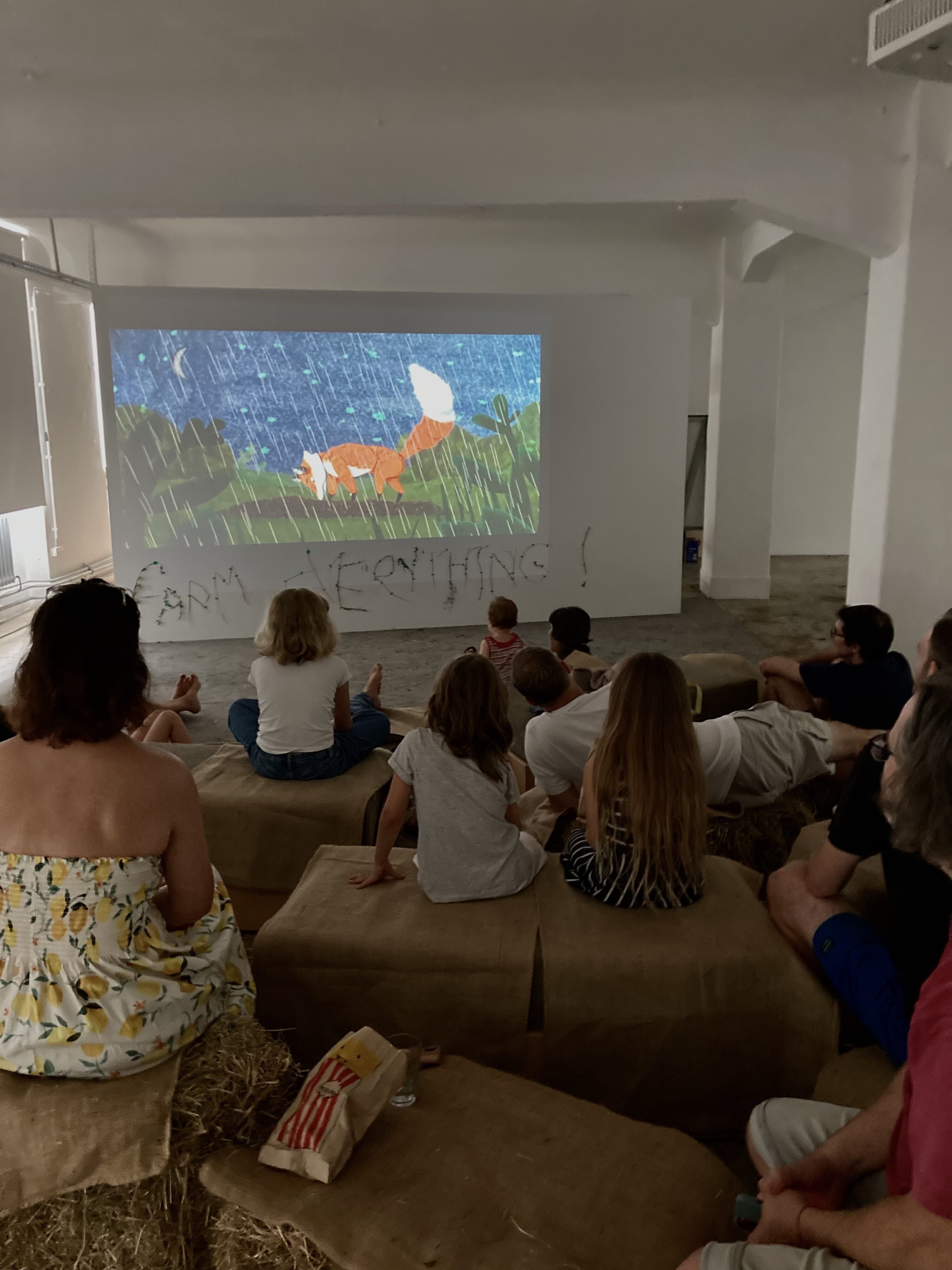

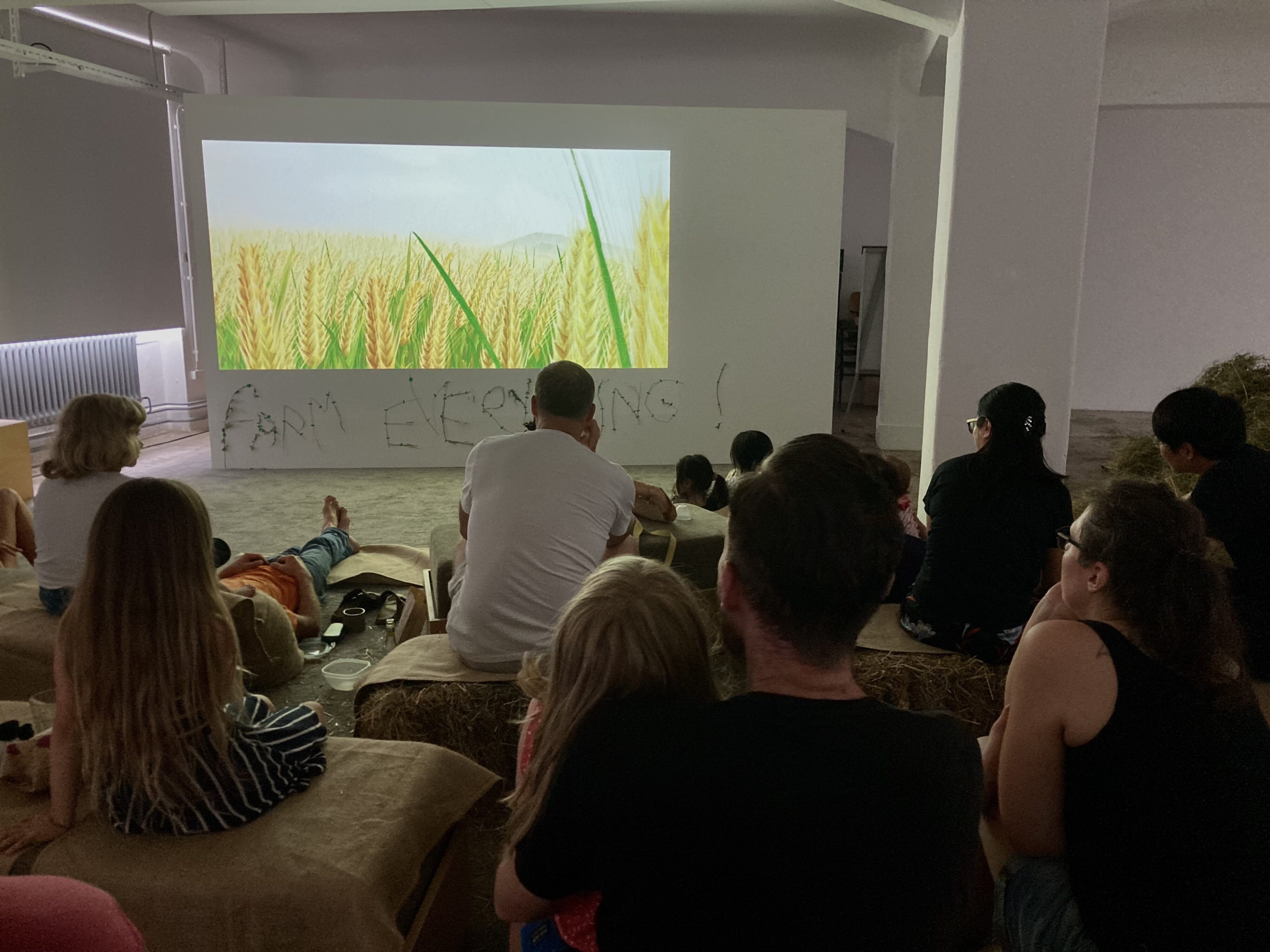
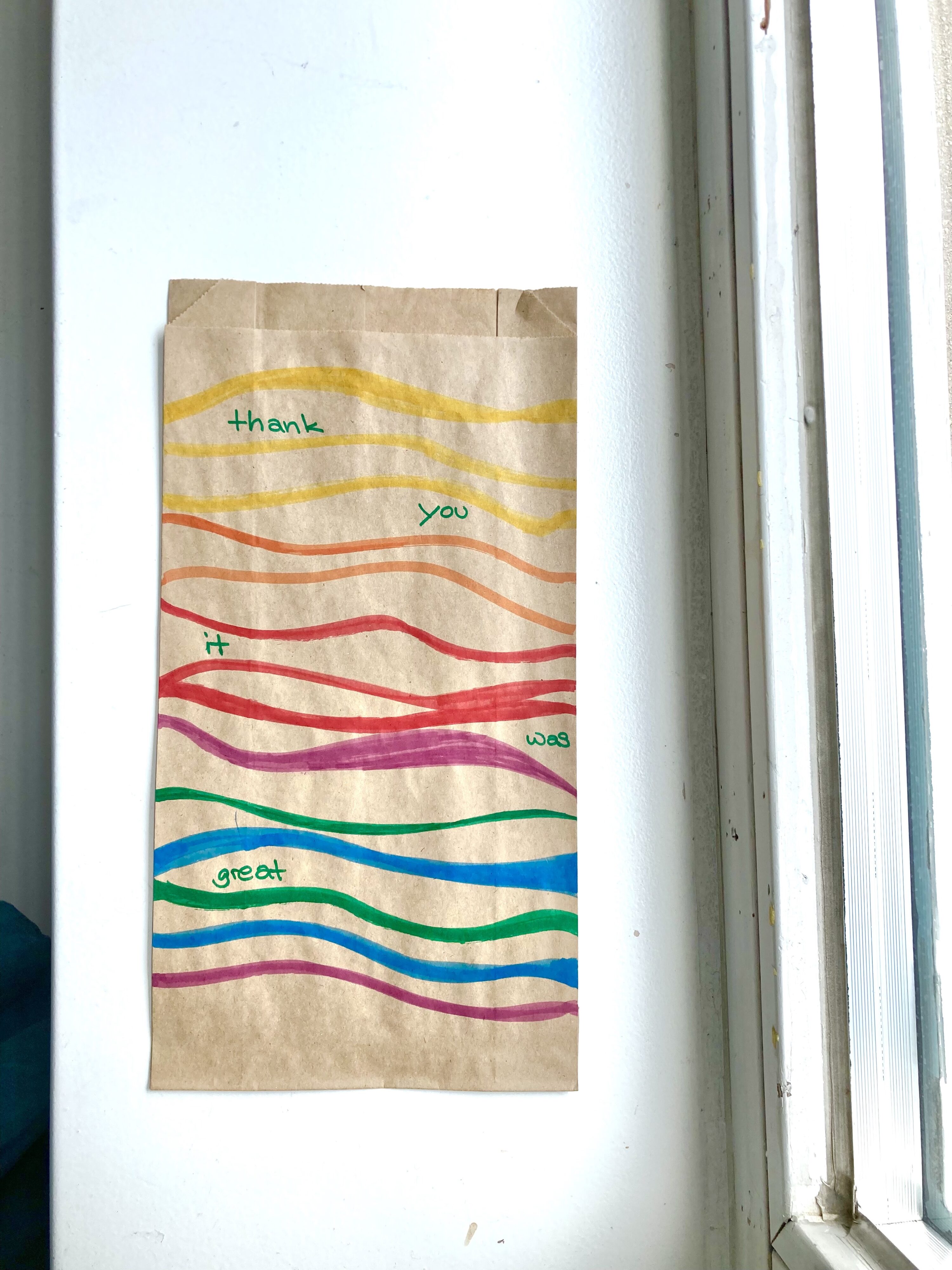
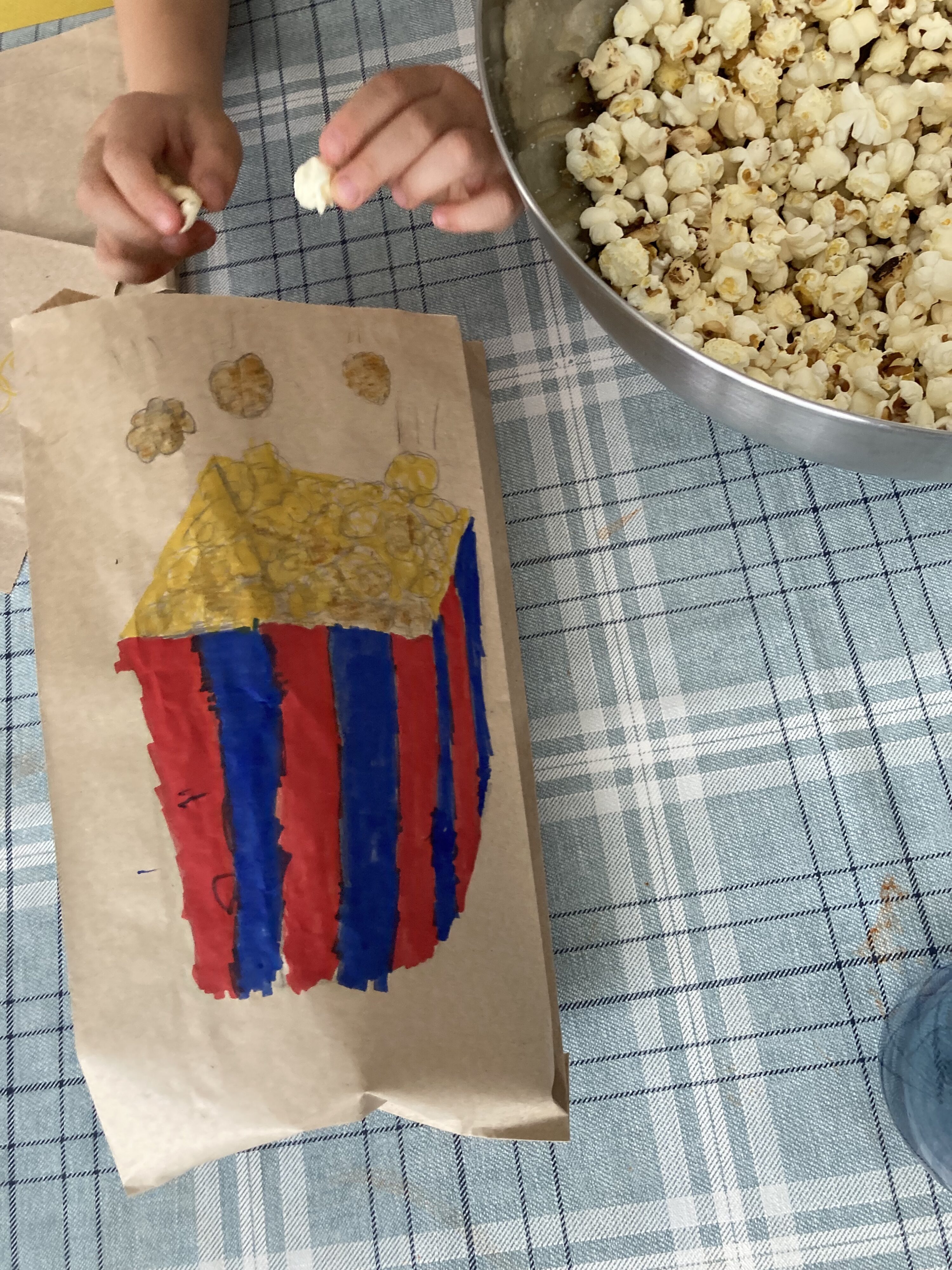
In the exhibition OK BYE, Surja Ahmed, Marla Fischinger, Leonie Klöpfer, Clarissa Kassai, Veronika Schneider and Josephine Boger meet not only as artists and colleagues, but also as this year’s graduates in Fine Arts from the ABK Stuttgart.
The diploma works will be presented on the fourth floor of the Künstlerhaus Stuttgart. The interactions of the Self and the space as well as their structures, power relations and healing processes are examined in installations and objects.
The opening will take place on 18 July 2024 at 7 pm on the fourth floor of Künstlerhaus Stuttgart with a welcome by Anike Joyce Sadiq. There will be sparkling wine, snacks and drinks.
The exhibition runs from 18 July to 28 July 2024, open Tuesday to Sunday from 2 pm to 7 pm.
The exhibition at Künstlerhaus Stuttgart takes place as part of the diploma and master’s exhibitions of the ABK Stuttgart art department. The graduates’ graduation works can be seen at Künstlerhaus Stuttgart, Kunstbezirk Stuttgart and at ABK Stuttgart.
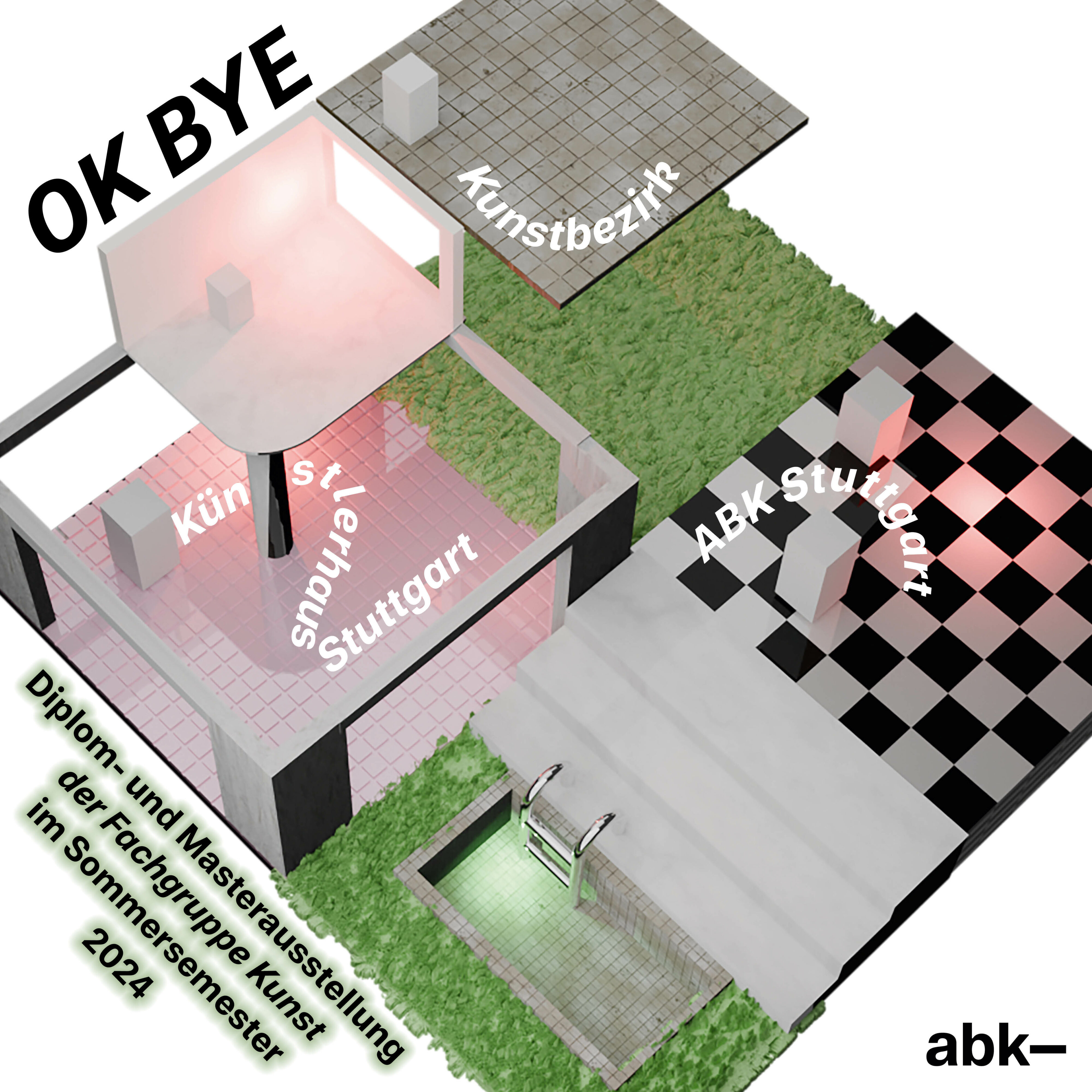
Auf einem Bauernhof gibt es keine Sonntage.
There are no Sundays at ranch.
(Harvest Moon – Back to Nature, 1999)
Digital farms and farming simulations are among the most successful video game genres of all time. Players can build their own farm, cultivate fields, breed animals, harvest crops or simply enjoy the virtual rural idyll. These games depict a range of narratives, from romanticised simplification, such as in ‘Stardew Valley’ (2016), to the most realistic economic simulation possible, such as in ‘Farming Simulator’ (since 2008). The appeal of such games lies in their reassuring routine, allowing us to escape our everyday lives and immerse ourselves in a virtual world. However, these are games in which we almost exclusively work.
Based on her own video game biography and her experiences as a digital farmer and virtual hunter, Juli Gebhardt will give an insight into her artistic practice in the next Tuesday workshop. By interweaving work, corporate, gaming and net culture, she attempts to break through established routines and narratives that determine the realities of our lives in her works.
The starting point for Juli Gebhardt’s expansive installations is the dissolution of boundaries between leisure and work in the neoliberal, digital age. She places the individual, who is at the mercy of the interactions and entanglements of the analogue and digital world of work, as well as the question of how community can be constantly formed in the digital space, at the centre of her discussions. While reflecting on the loss of traditional work structures and the emergence of new forms of self-exploitation, she questions the compatibility of personal fulfilment and economic pressure. In her work, she thus constantly takes a critical look at the effects of this dissolution of boundaries on the individual.
Before Juli Gebhardt completed her art studies at the ABK Stuttgart in the installation class of Prof Birgit Brenner and !Mediengruppe Bitnik, she first studied business administration in Karlsruhe. In addition to periods at Burg Giebichenstein in Halle, the University of Derby (UK) and the Angewandte in Vienna, she took part in a residency scholarship at the EIGEN+ART Lab gallery in Berlin in 2018. In 2021, Gebhardt was also awarded the ABK Stuttgart Academy Prize. After graduating as a Meisterschülerin of Prof. Heba Amin and Prof. Antonia Low, Gebhardt was a fellow of the Cité internationale des arts residency programme in Paris from November 2023 to April 2024. In addition to her own artistic practice, she has been working as a curatorial assistant at Künstlerhaus Stuttgart since 2021 and has been director of the Kunstverein Kunstraum 34 in Stuttgart, which focuses on time-based art and experimental music, since 2022.
Dienstags-Werkstatt
The Künstlerhaus invites an artist or a collective—meaning any artists or cultural workers from any field or discipline—to talk about their working methods as well as their backgrounds and approaches. We want to establish a platform for a more in-depth interaction with regard to artistic practice, and in doing so to create a network, show solidarity, and mutually strengthen one other.
The series is aimed at all members of Künstlerhaus Stuttgart, artists either living in Stuttgart and the surrounding area or just traveling through, all cultural workers, art mediators, curators, etc., and is open to everyone!


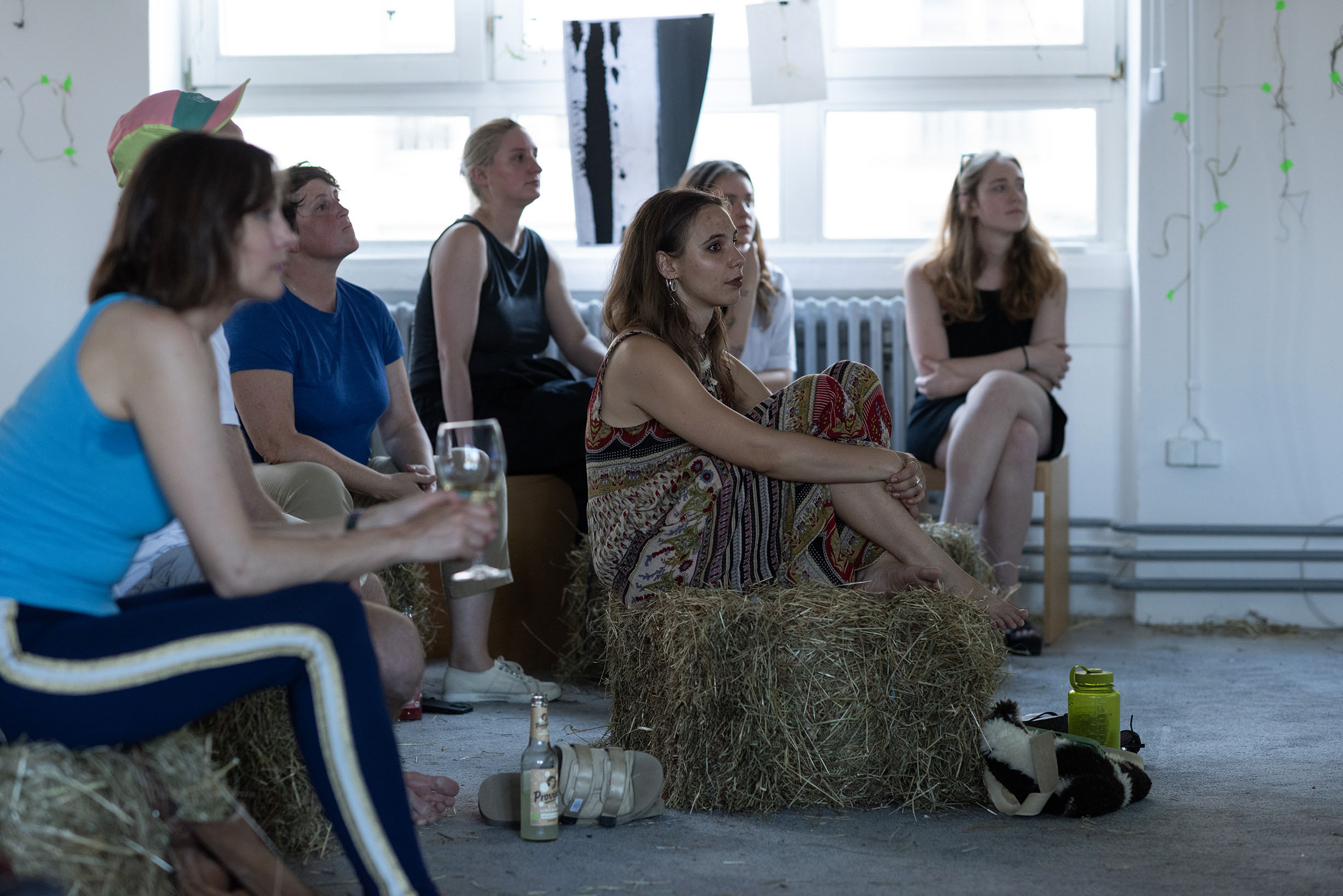
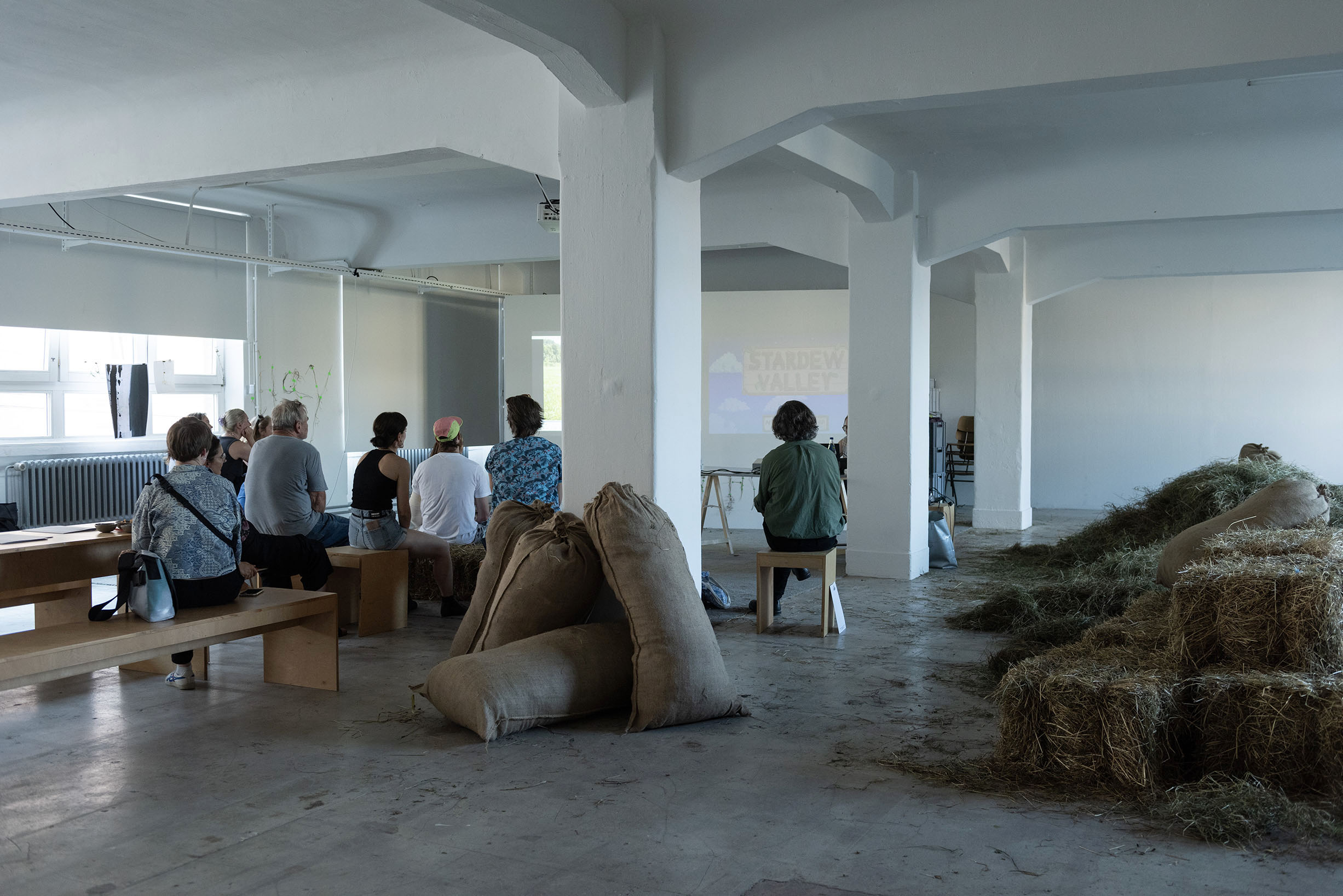
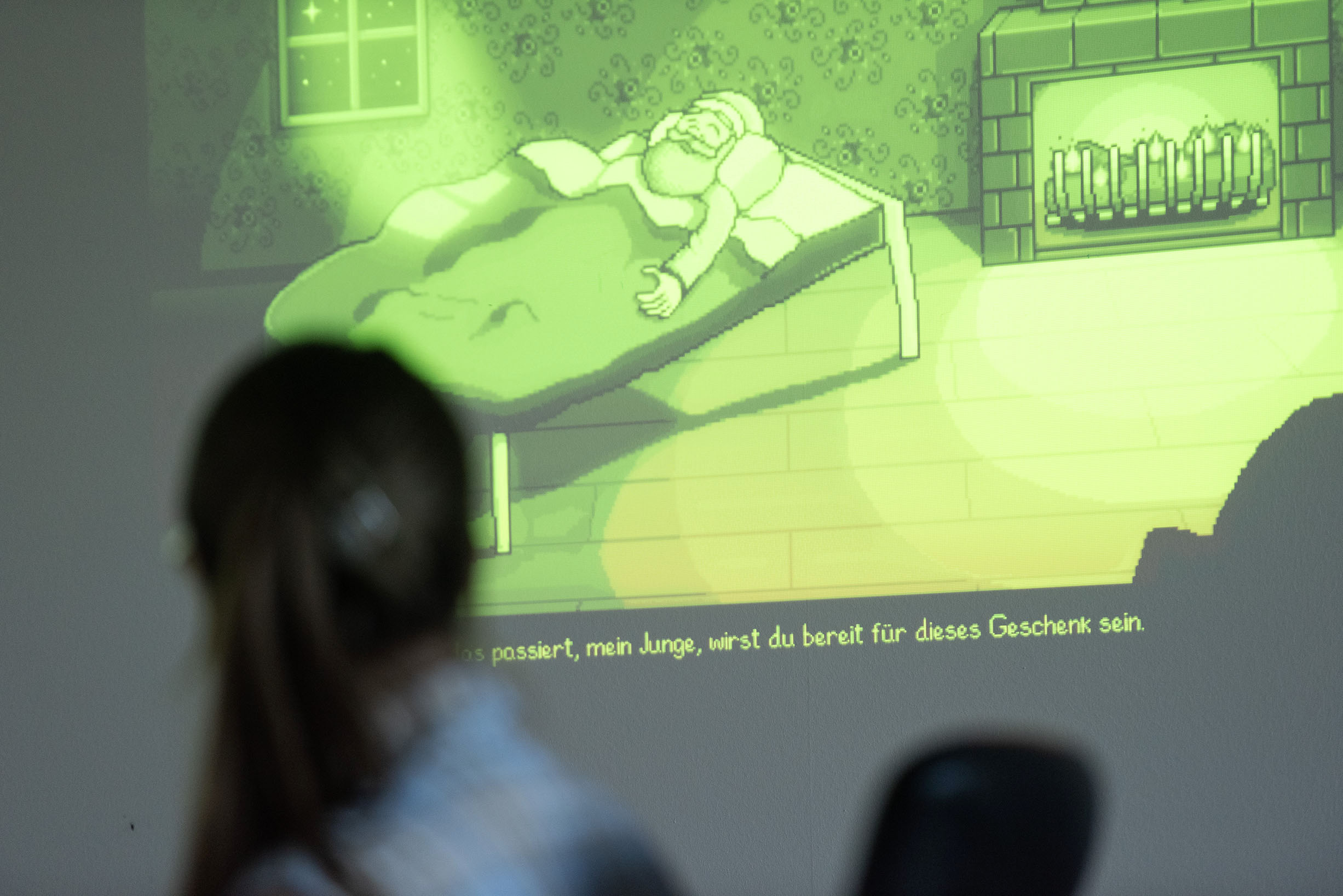
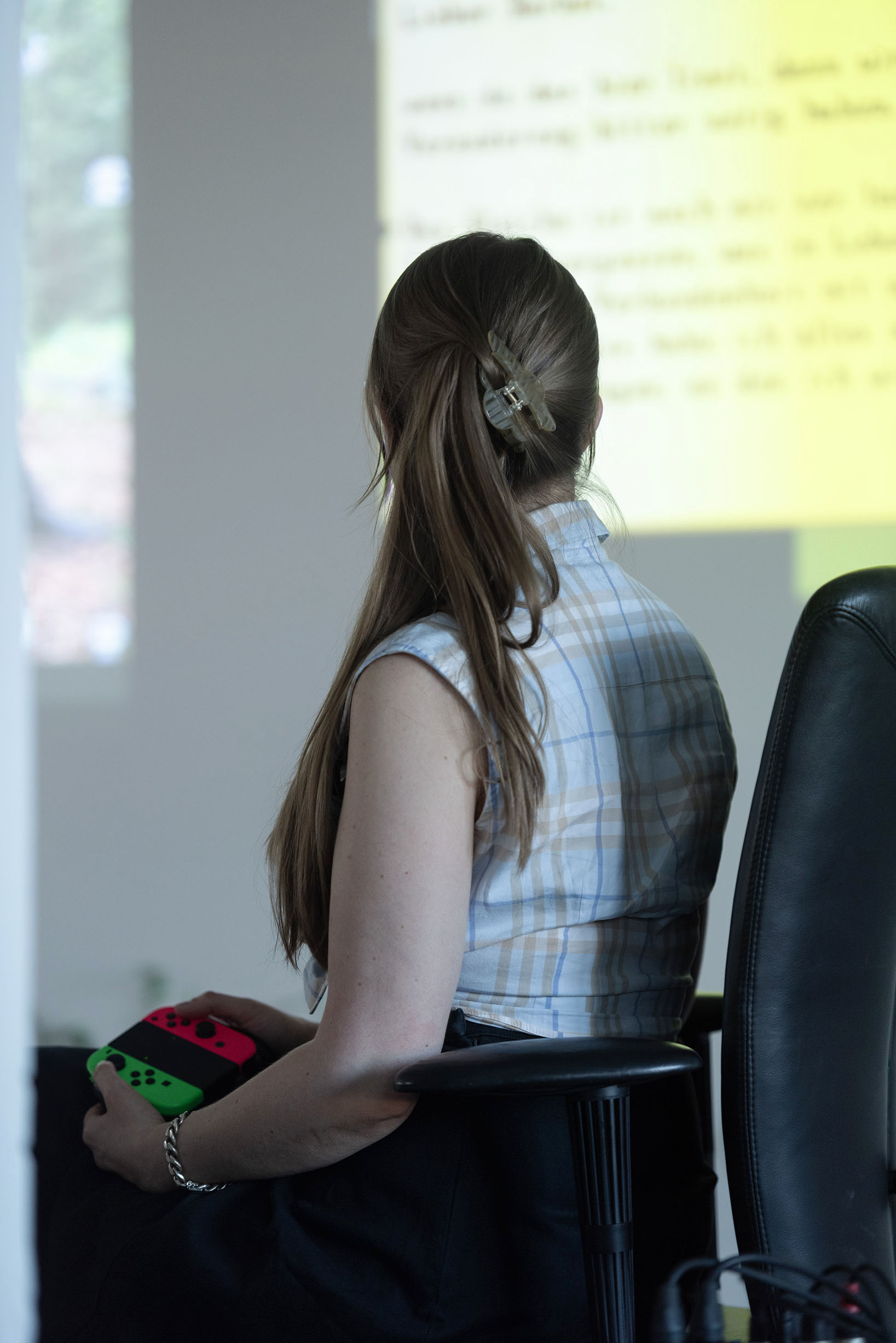
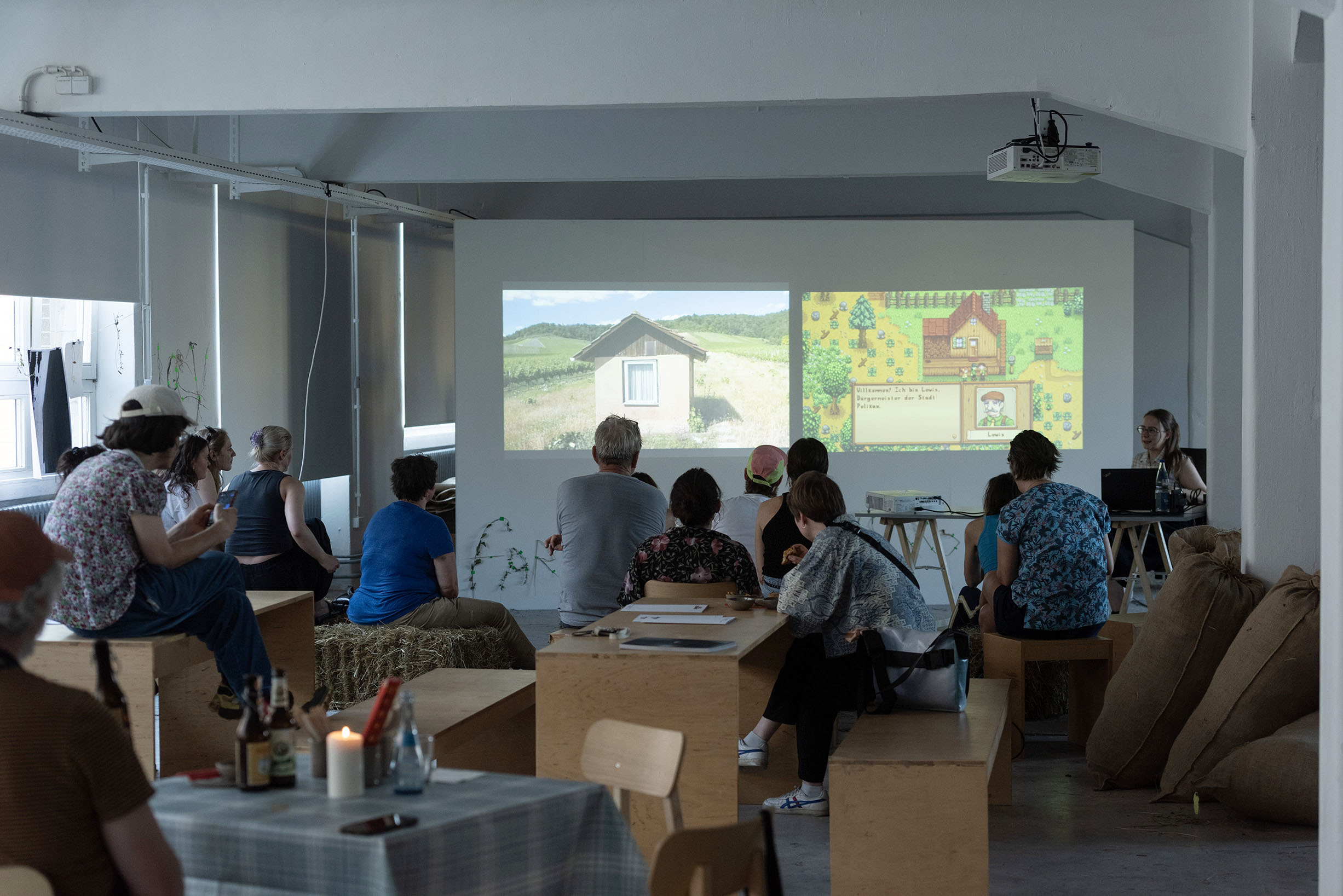
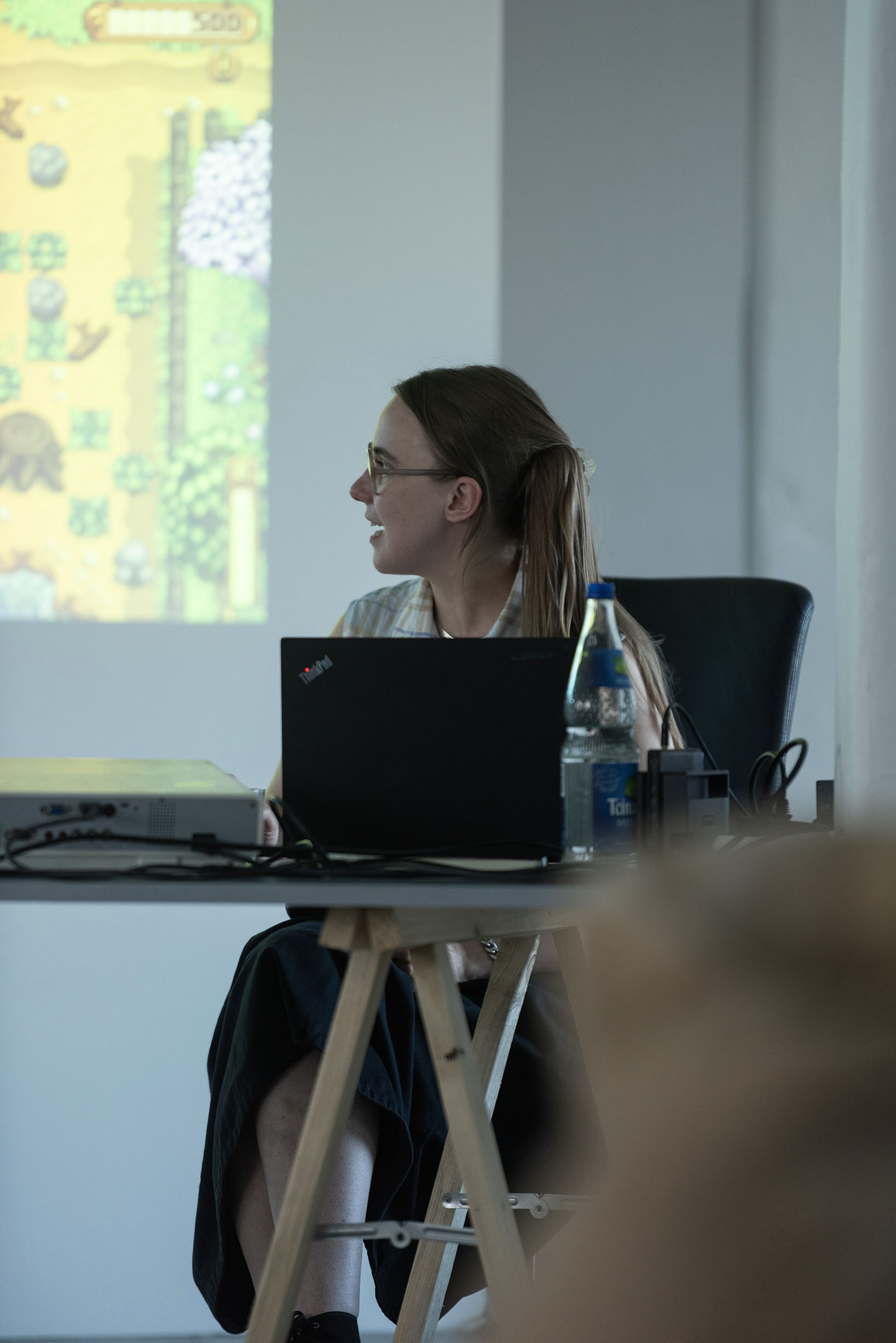
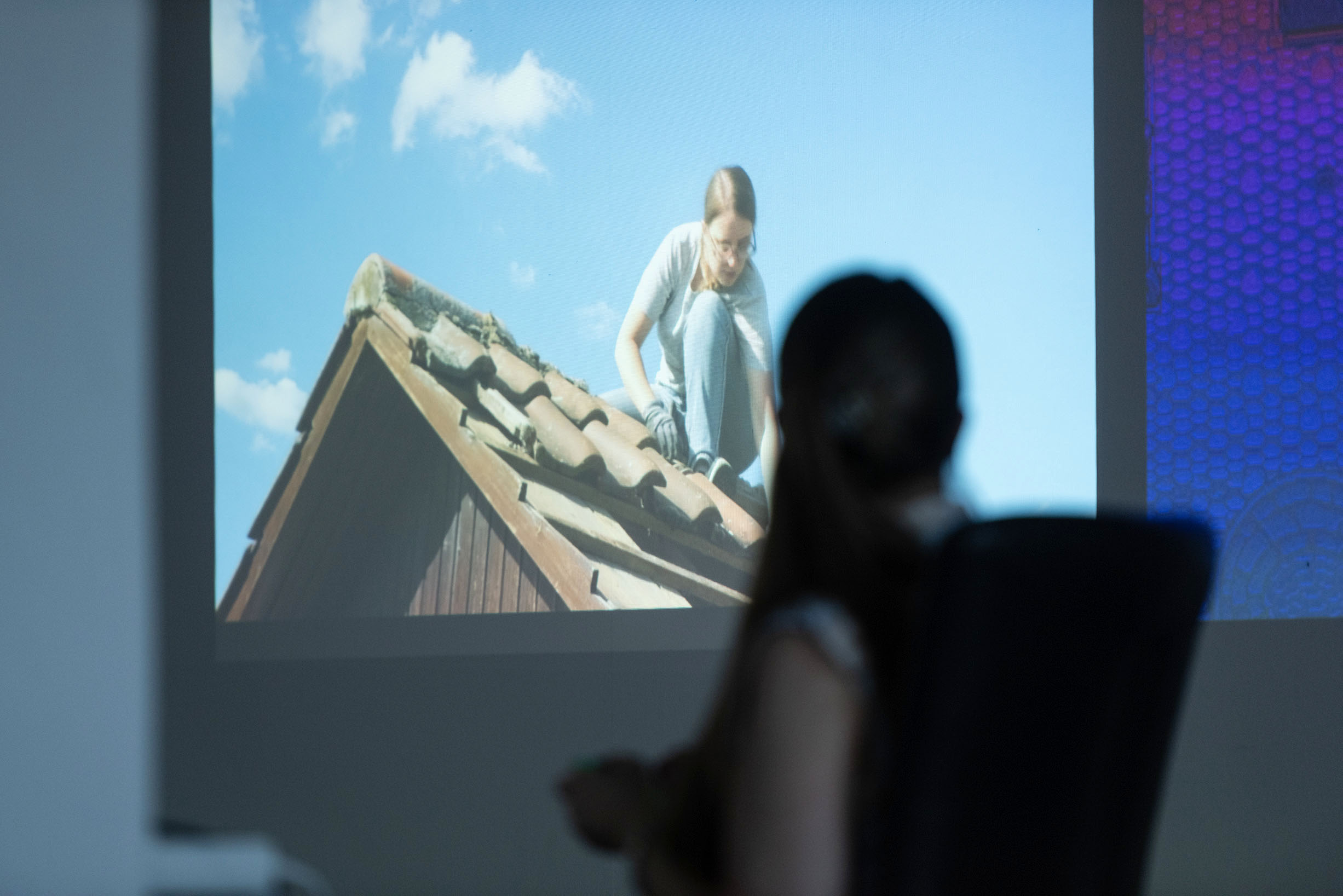
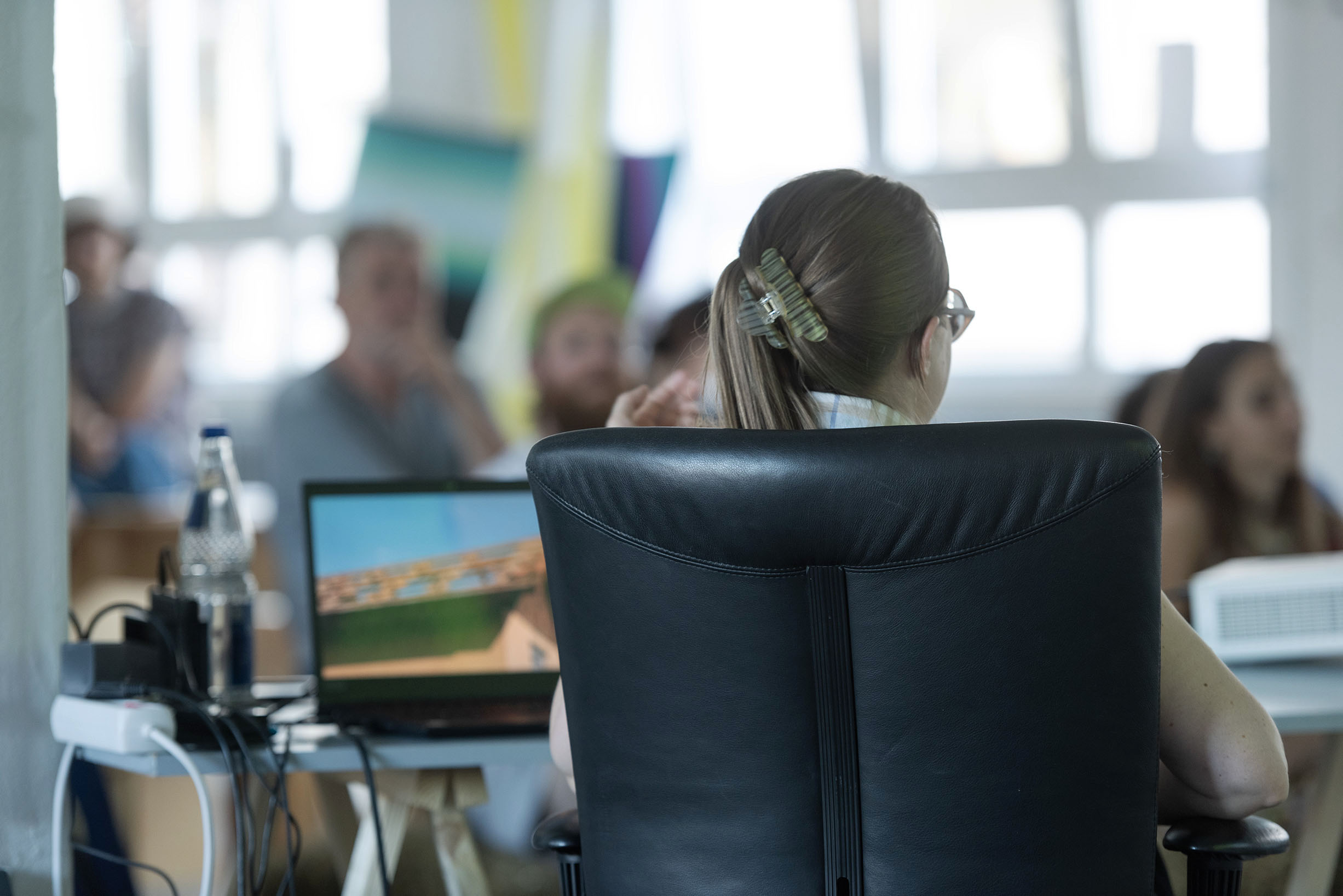
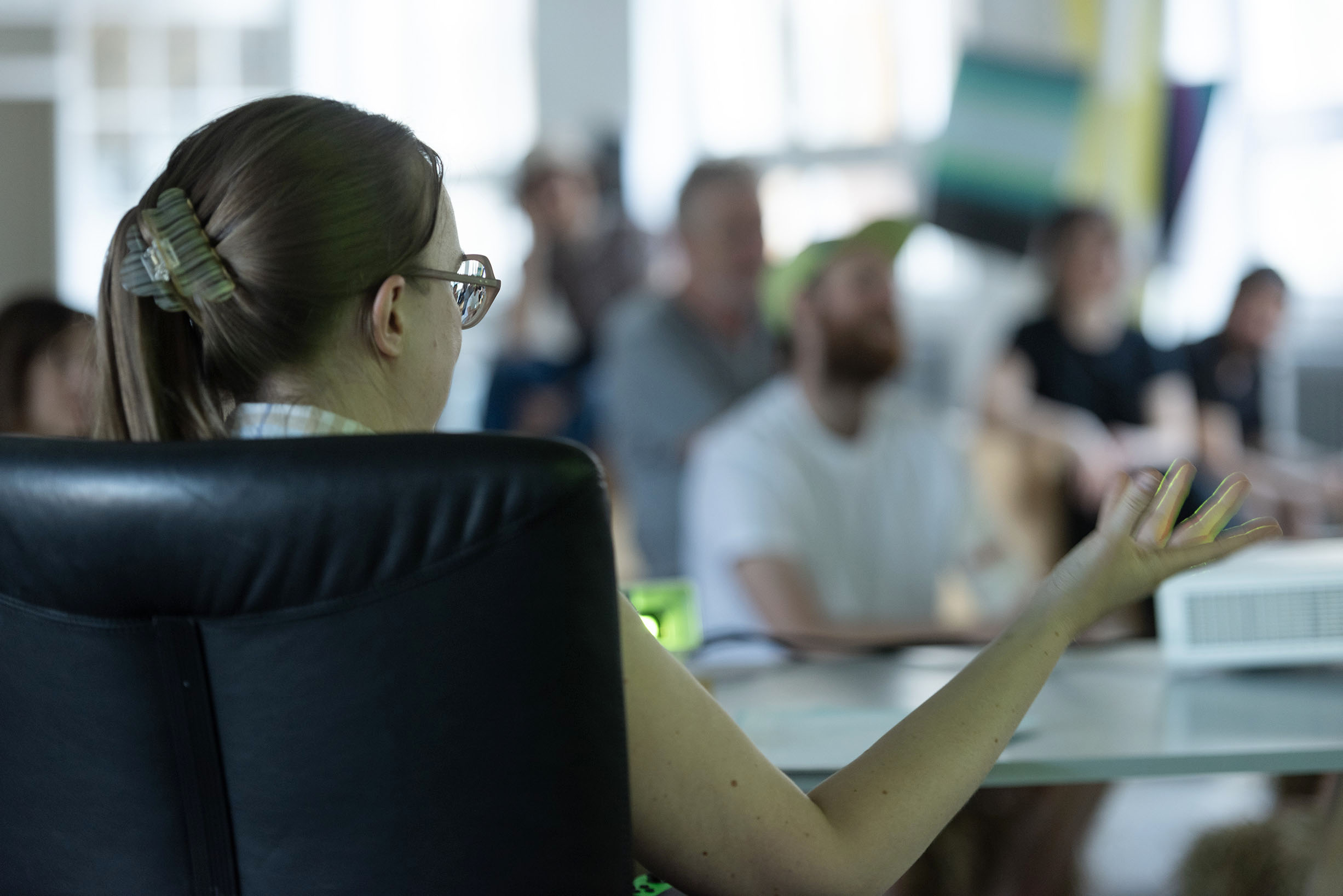
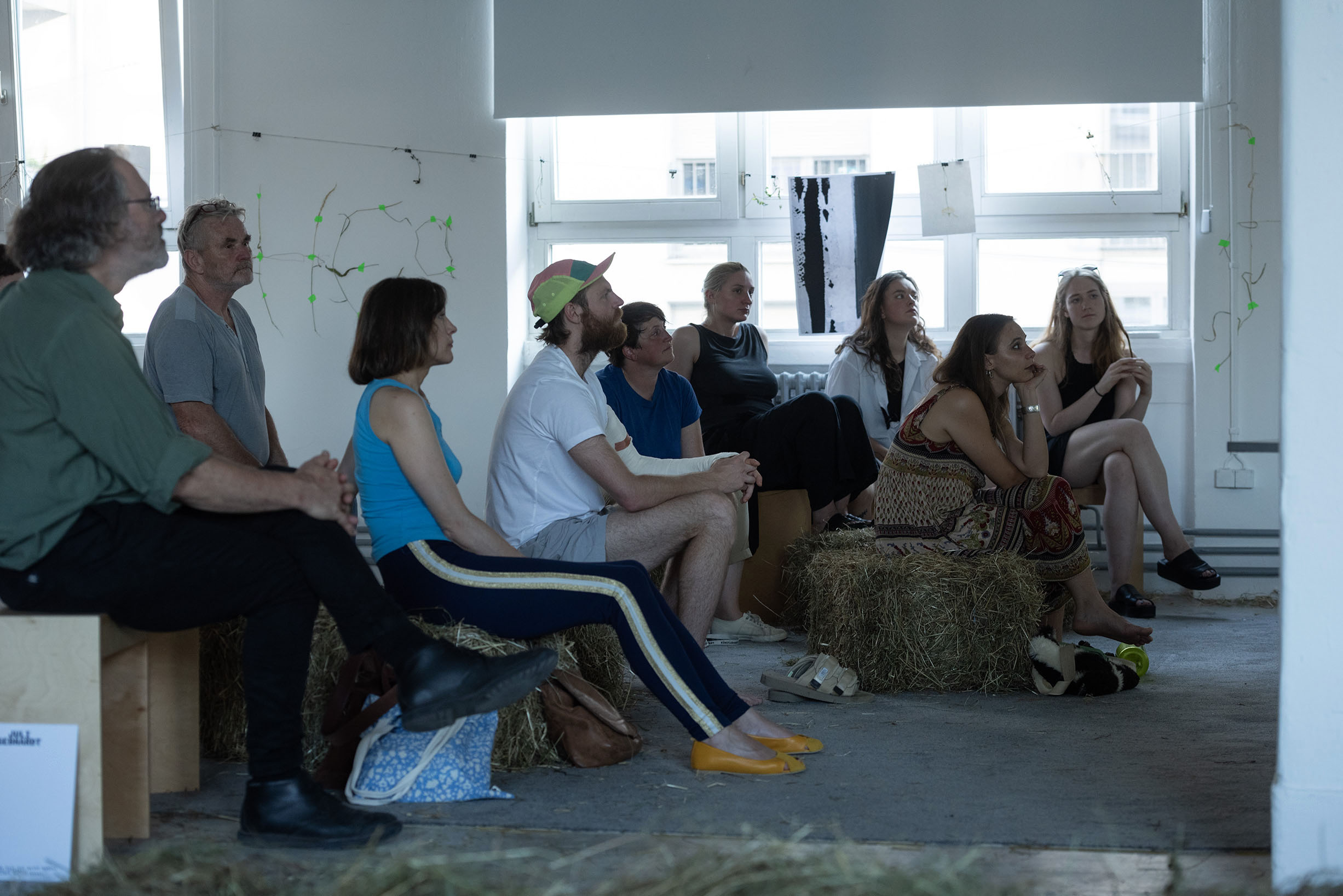

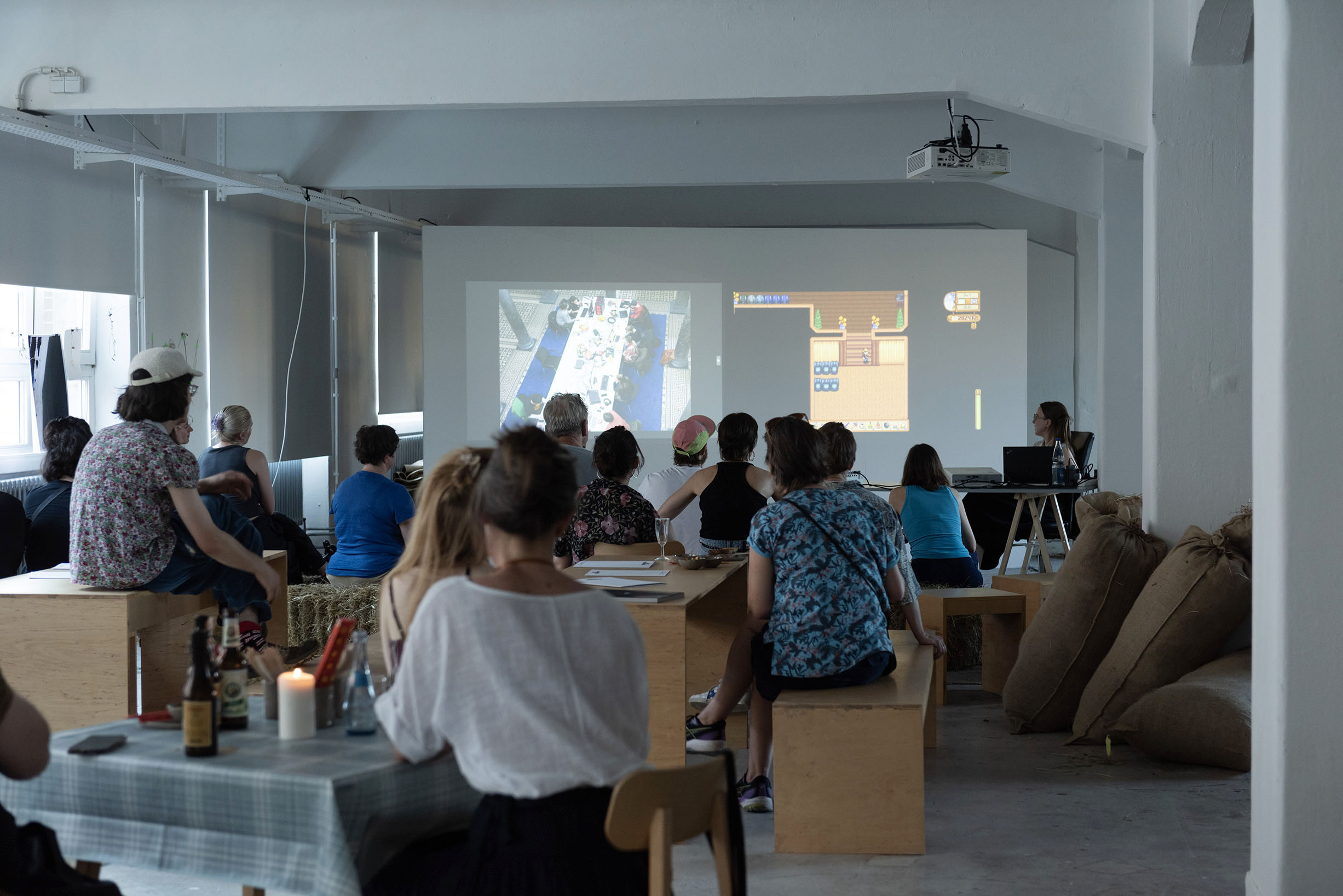

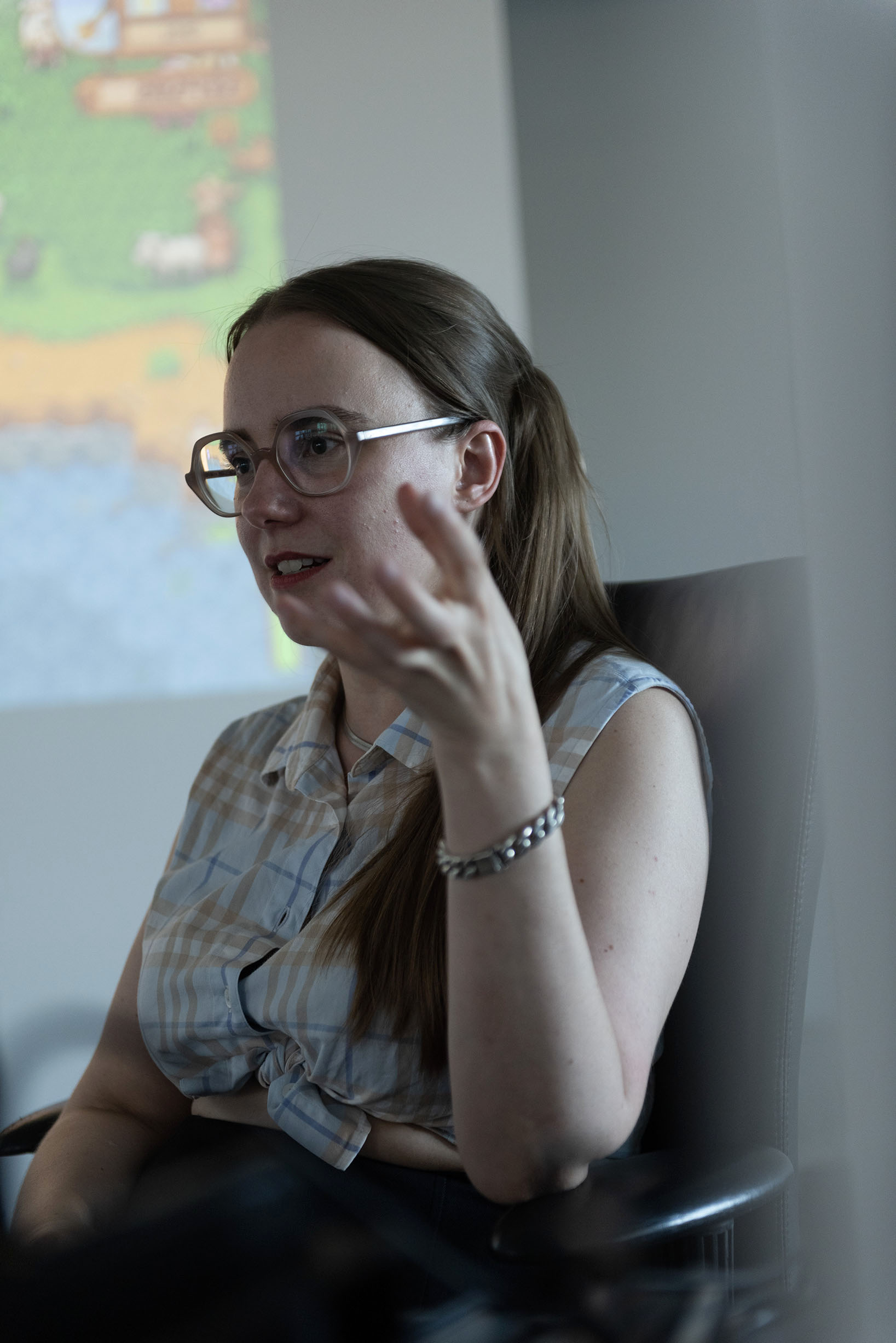
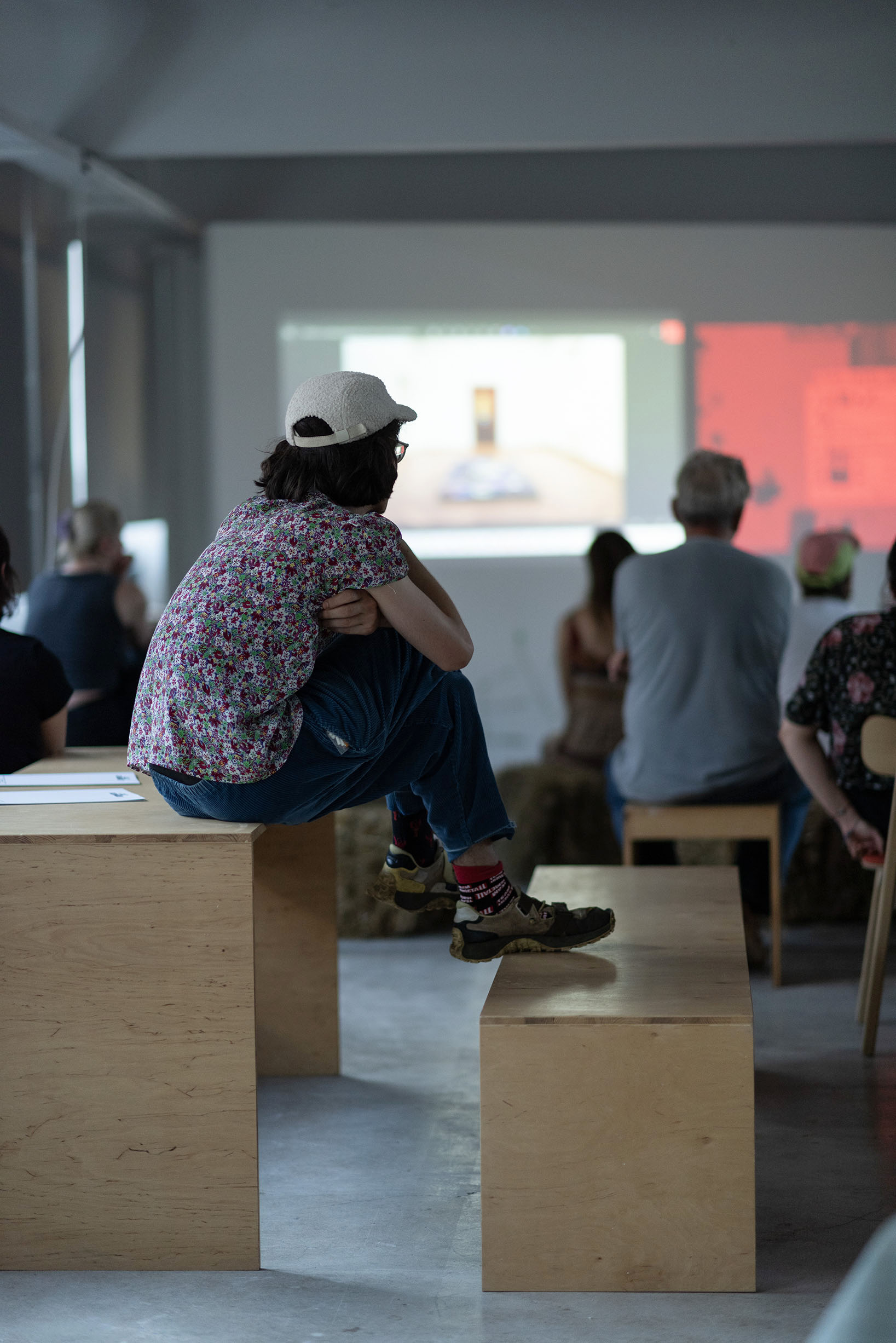
From Tuesday 9 July to Sunday 14 July, everyday from noon to nine, Paul’s Kimchi Café, a popup eatery and artists café, will set up shop on the 2nd floor, serving both Korean and Swabian kimchi and lightly fermented homemade noodles from locally sourced cabbage and other seasonal ingredients. And of course a selection of hot and icy cold beverages.
***
Paul Sullivan is a Liverpool-based architect and kimchi chef. He is founding director of the Static Complex, Liverpool (www.staticcomplex.com), a gallery/multi-use space that houses exhibitions, symposiums/debates, music gigs and film shoots, a kimchi bar and ten studio spaces for artists, architects, film-makers, graphic designers, creative practitioners and an International Residency programme. After travelling to South Korea in 2006, he founded Paul’s Kimchi Co to introduce Korean cuisine and Kimchi to Merseyside via a small pop-up Noodle Bar at Static Gallery. His company KIMCHI Human is dedicated to making the perfect Kimchi (www.kimchihuman.com)
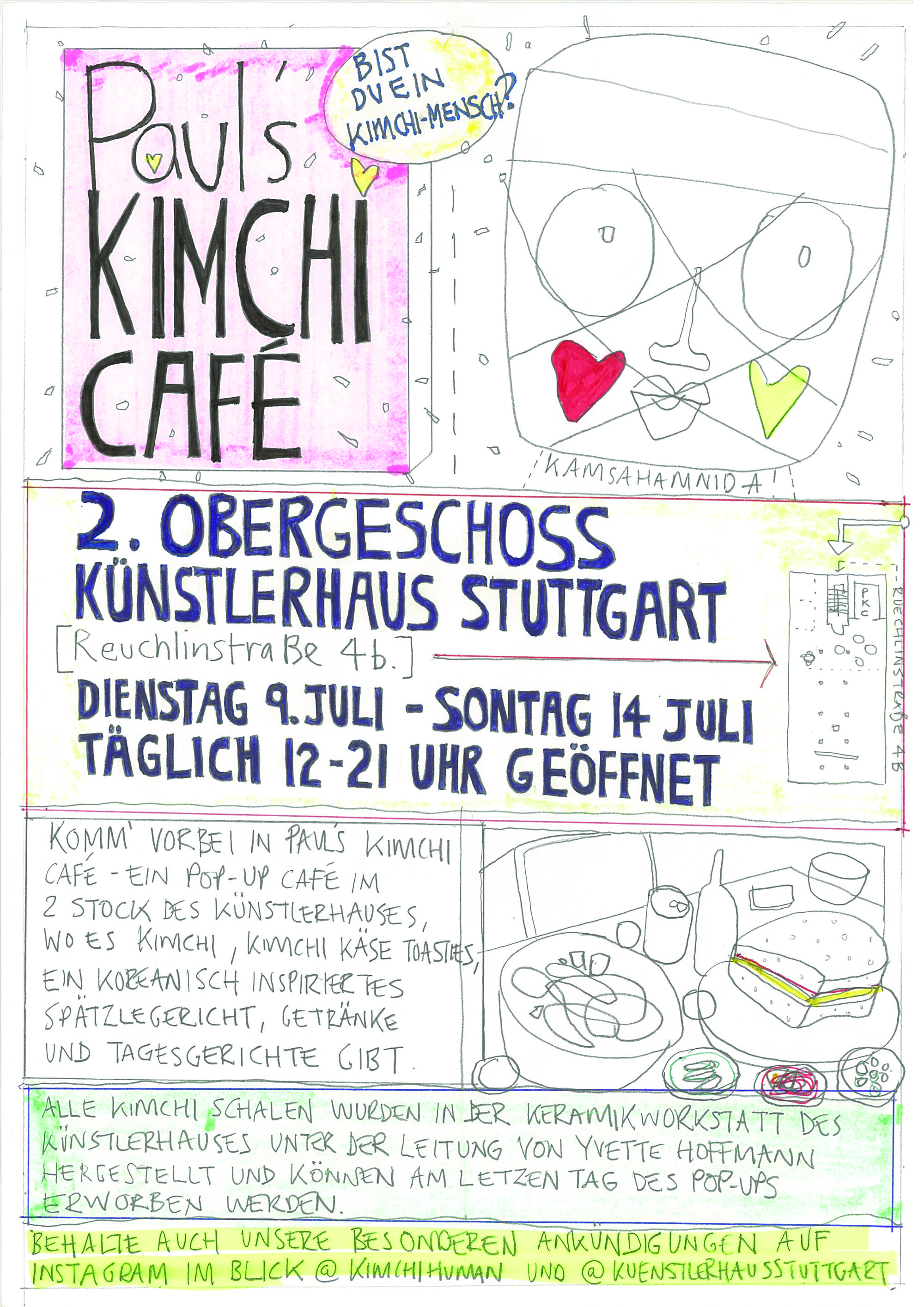


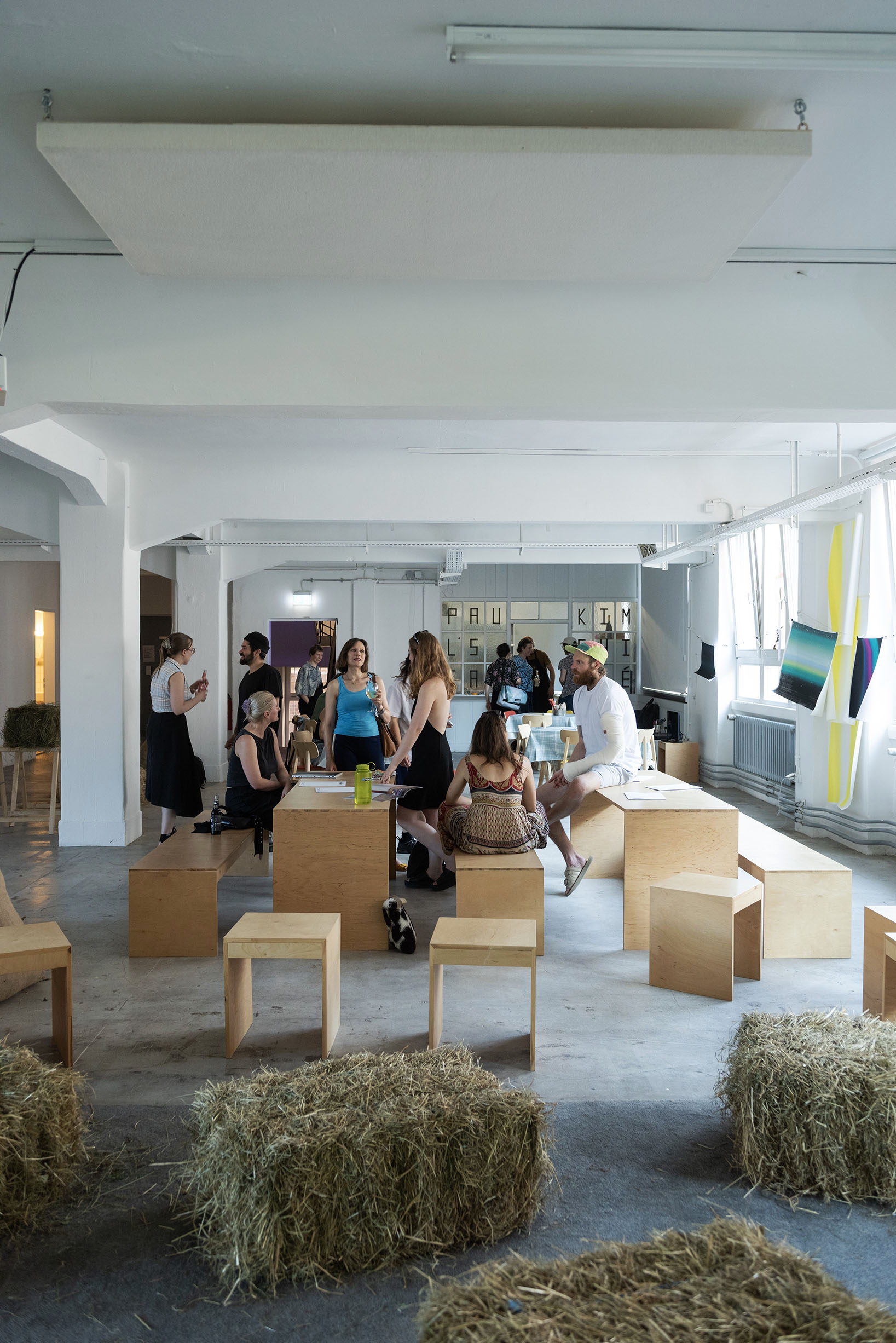
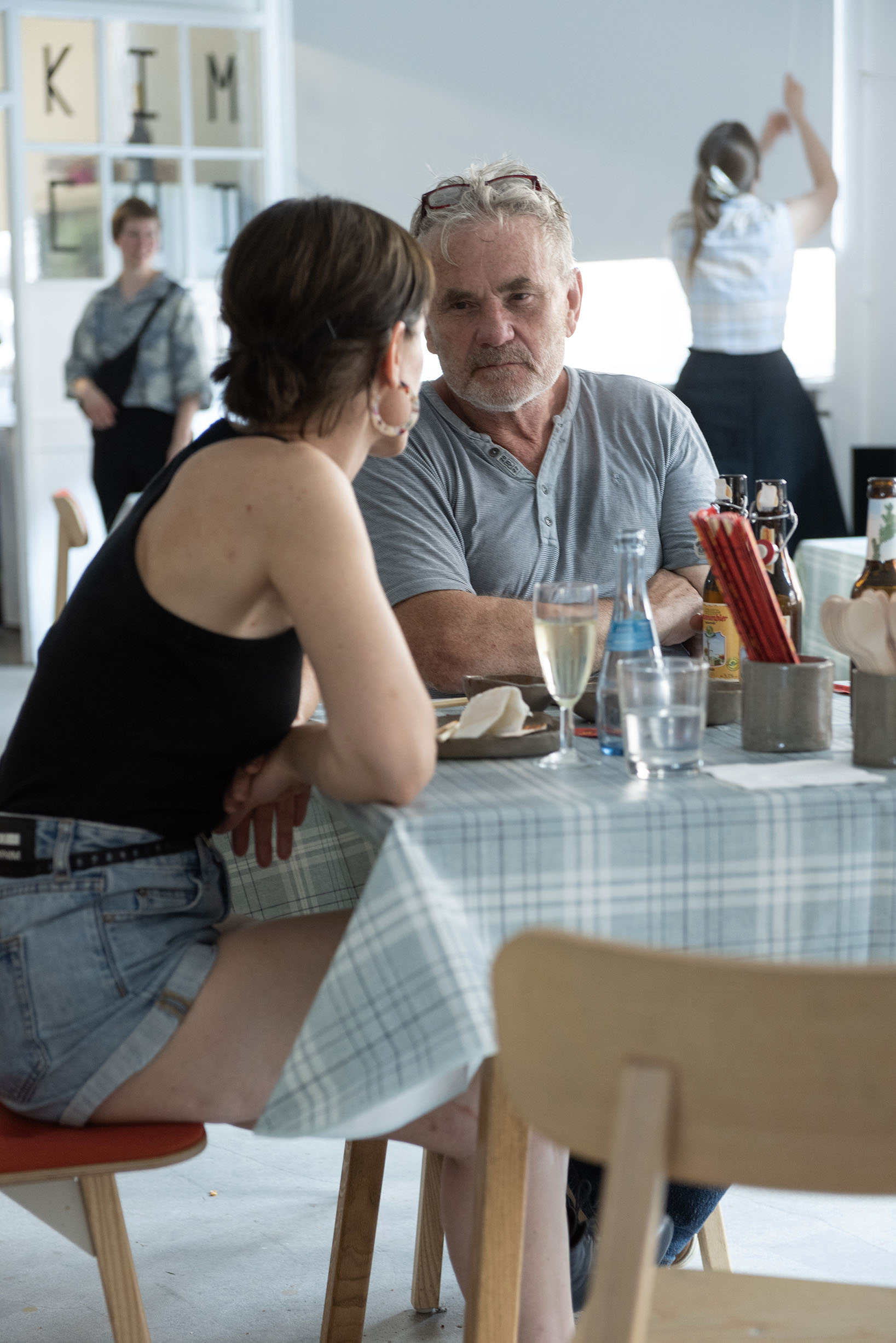
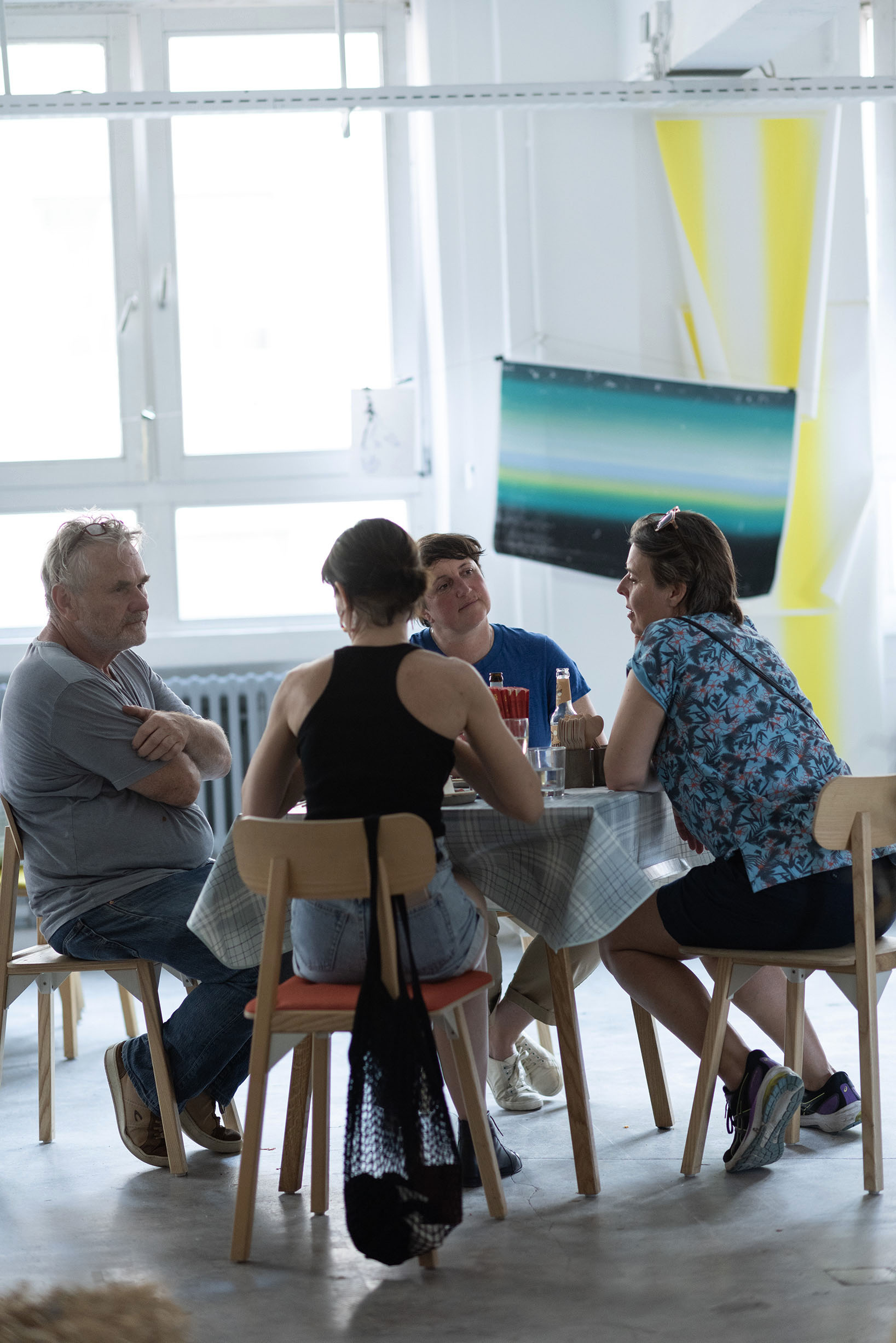


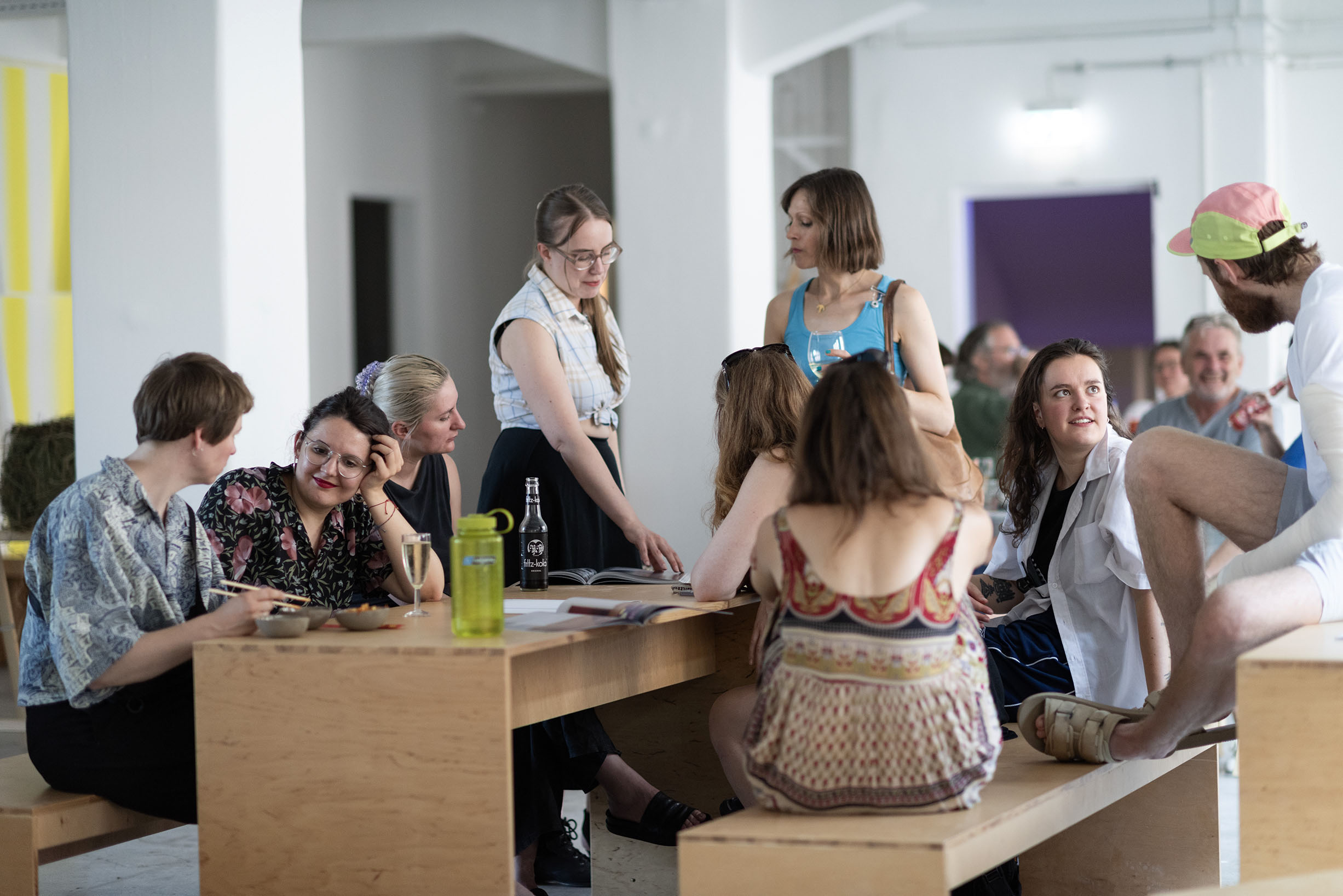
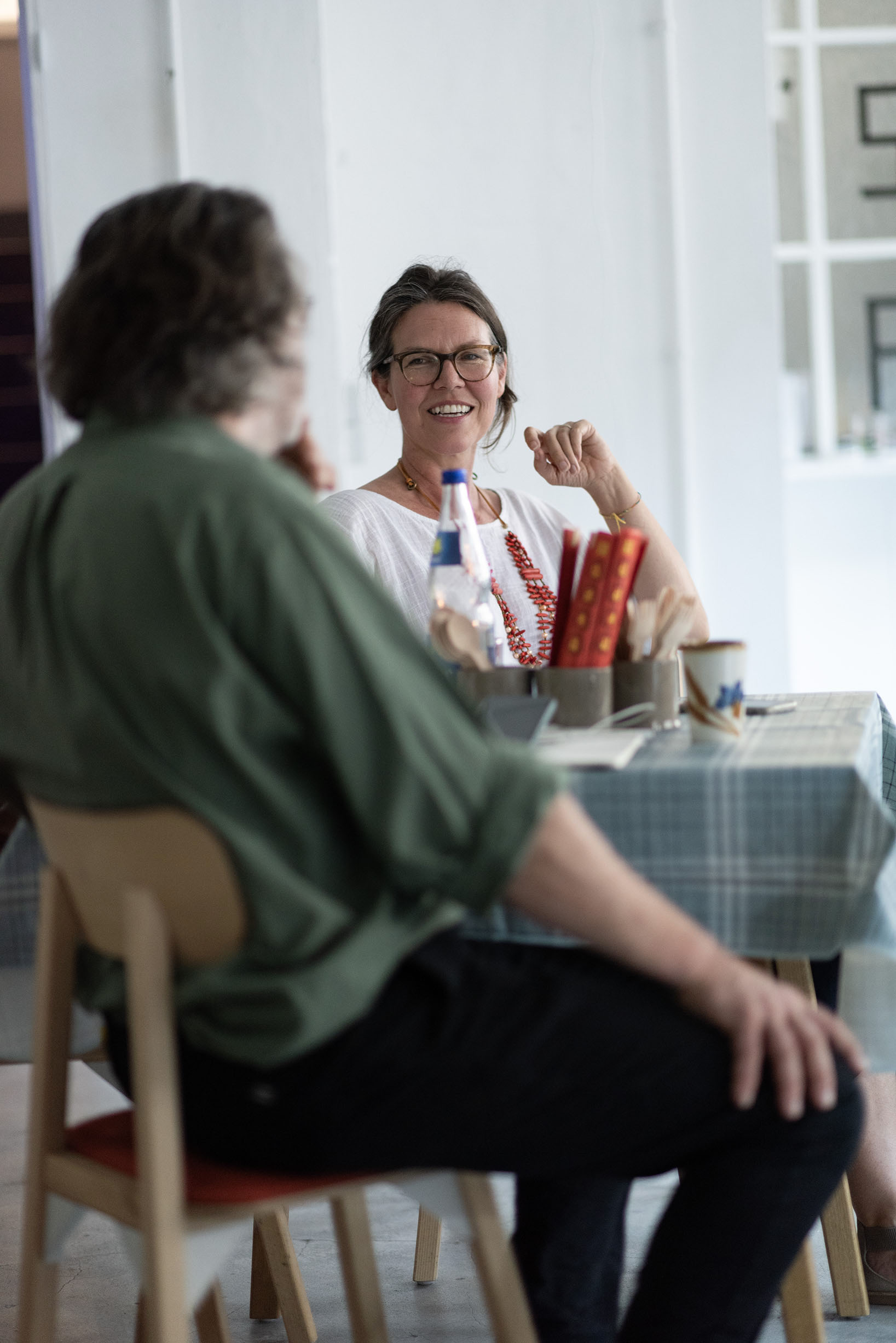

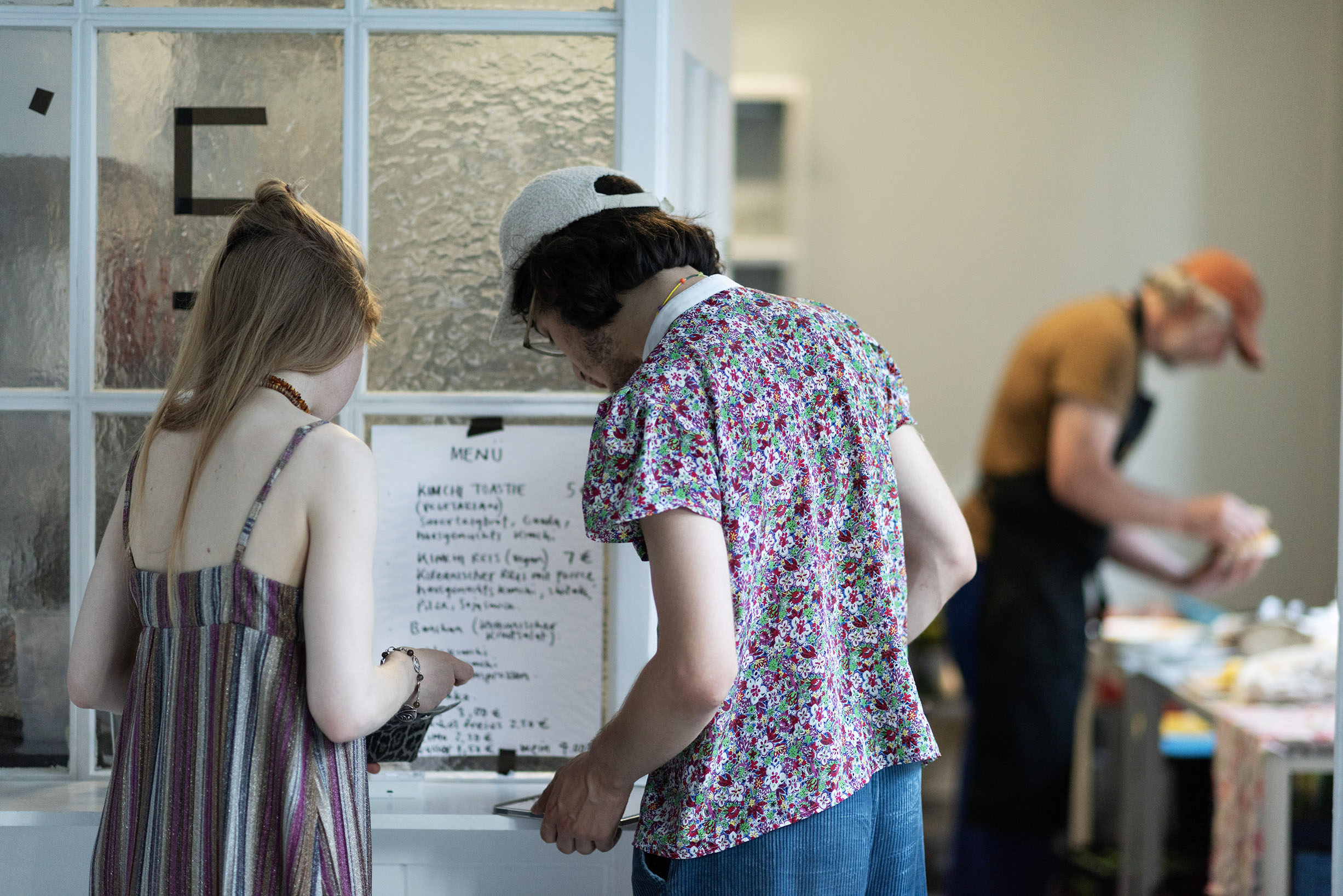
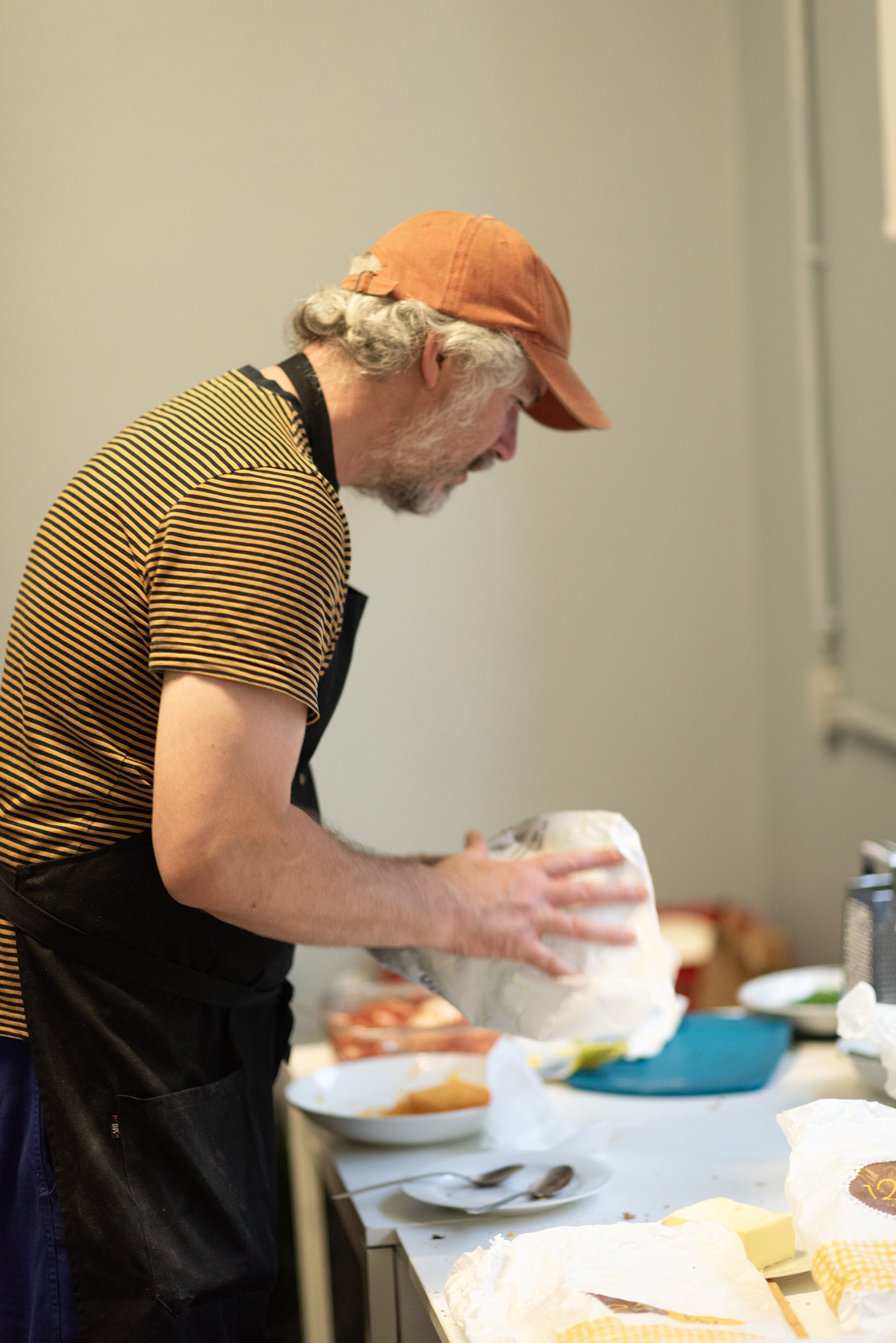
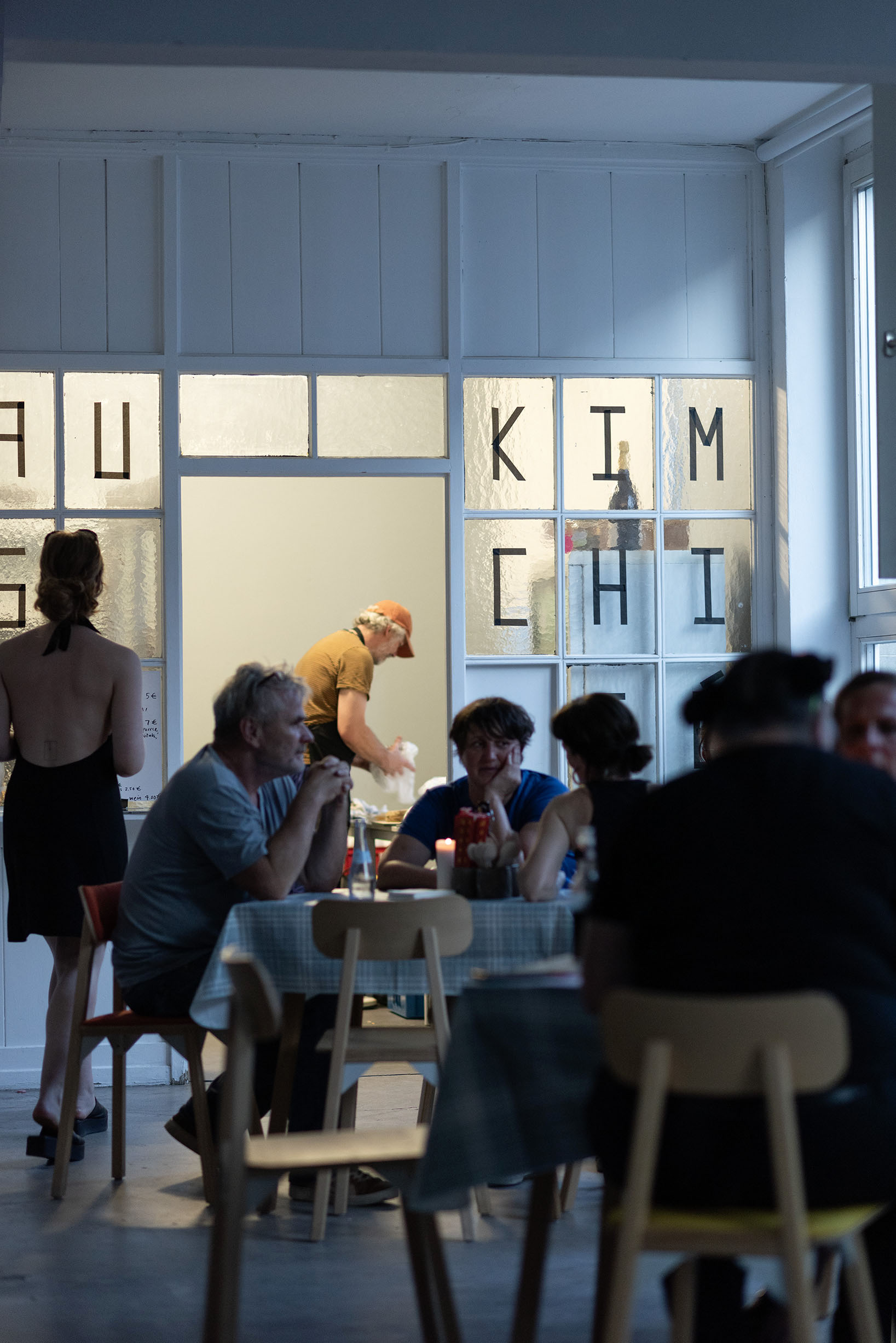
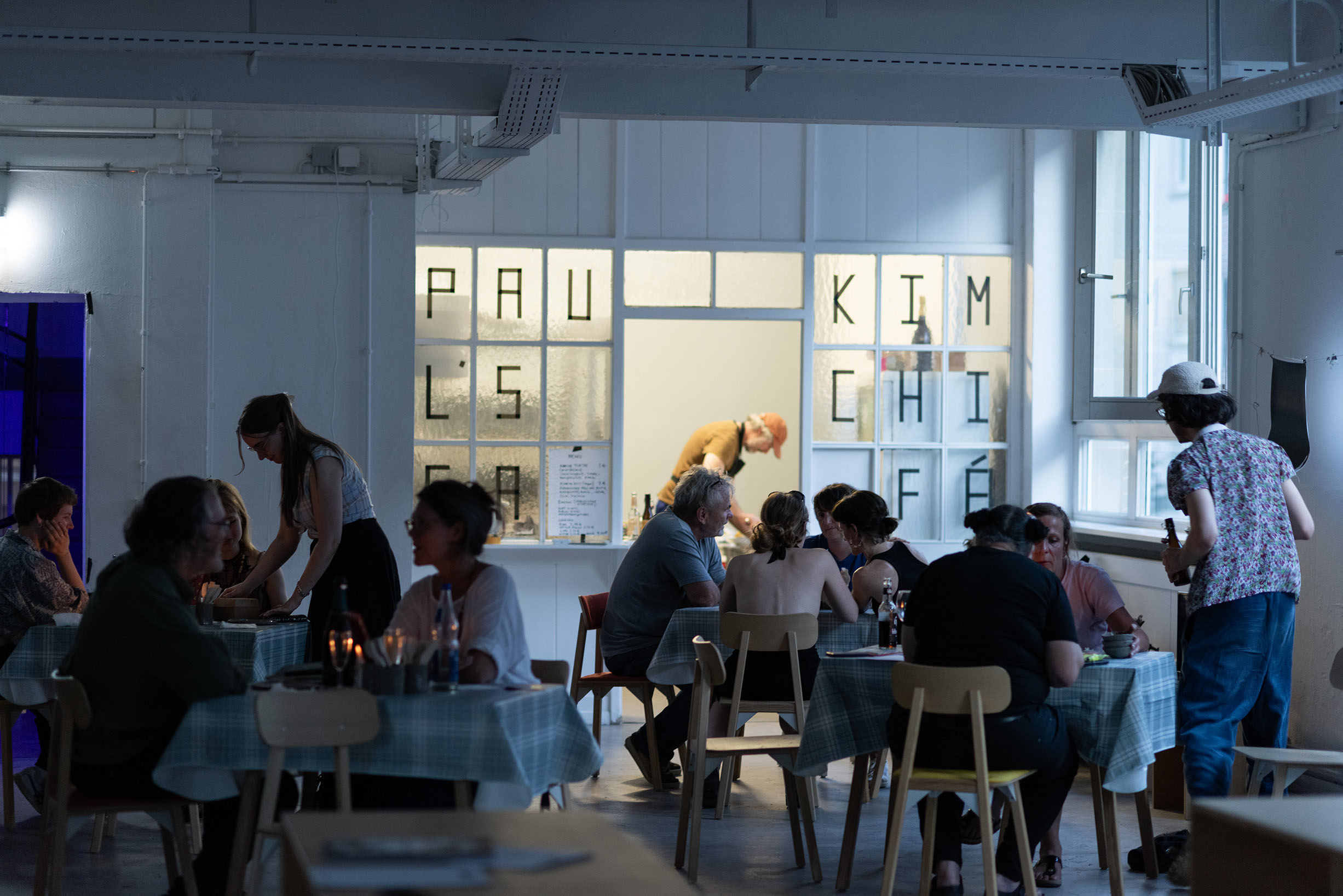
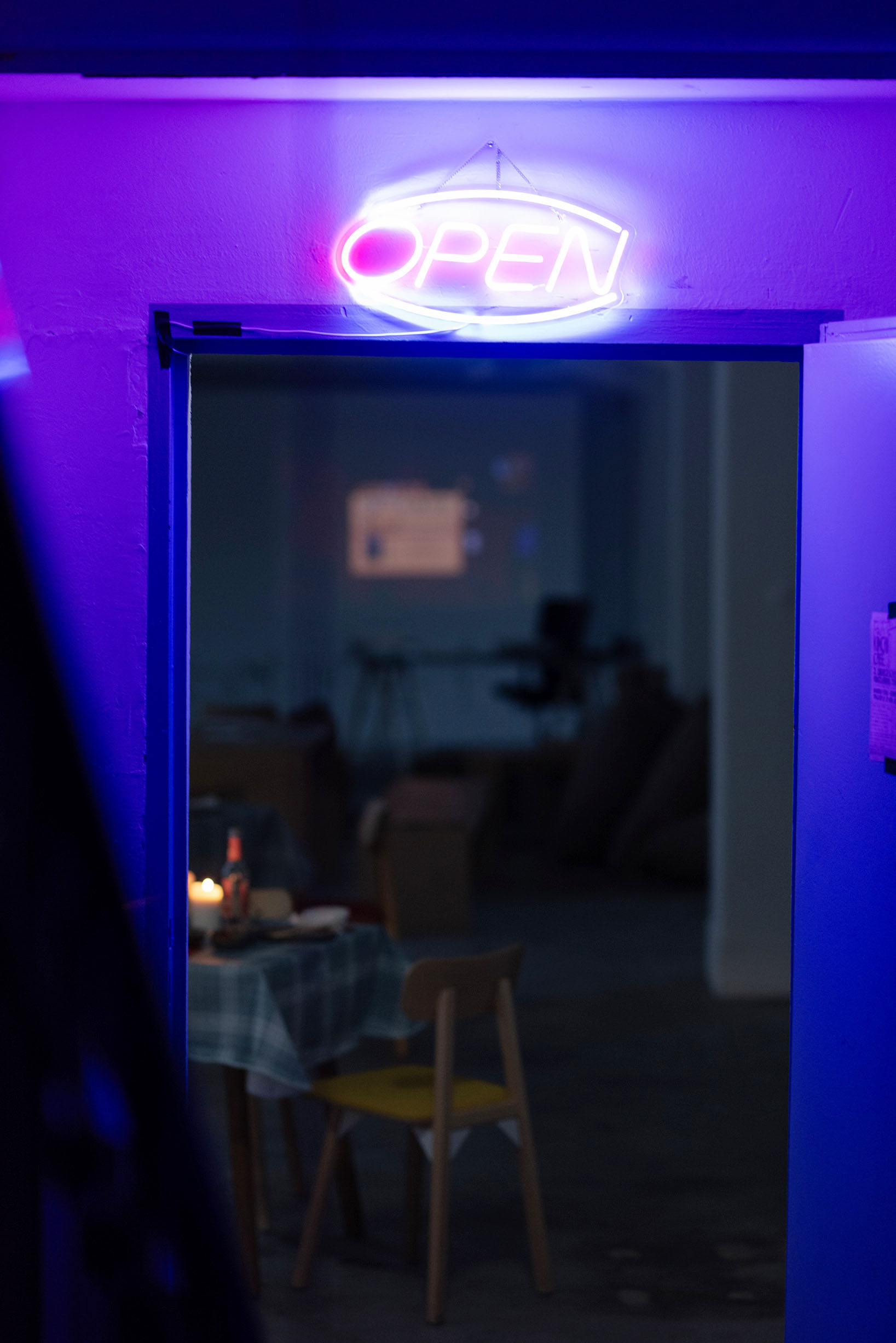
10:00am–01:00pm
On Sunday 7 July and July 14 from 10 am to 1 pm, kimchi artist Paul Sullivan will be leading a kimchi-making workshop. Join Paul and other fermenters for this atmosphere of collective fermentation, learn the art of lacto-metabolizing with the summery flair of local seasonal produce. Please bring an air tight container/jar to take your kimchi home. The workshops are by registration here.
From Tuesday 9 July to Sunday 14 July, everyday from noon to nine, Paul’s Kimchi Café, a popup eatery and artists café, will set up shop on the 2nd floor, serving both Korean and Swabian kimchi and lightly fermented homemade noodles from locally sourced cabbage and other seasonal ingredients. And of course a selection of hot and icy cold beverages.
***
Paul Sullivan is a Liverpool-based architect and kimchi chef. He is founding director of the Static Complex, Liverpool (www.staticcomplex.com), a gallery/multi-use space that houses exhibitions, symposiums/debates, music gigs and film shoots, a kimchi bar and ten studio spaces for artists, architects, film-makers, graphic designers, creative practitioners and an International Residency programme. After travelling to South Korea in 2006, he founded Paul’s Kimchi Co to introduce Korean cuisine and Kimchi to Merseyside via a small pop-up Noodle Bar at Static Gallery. His company KIMCHI Human is dedicated to making the perfect Kimchi (www.kimchihuman.com)

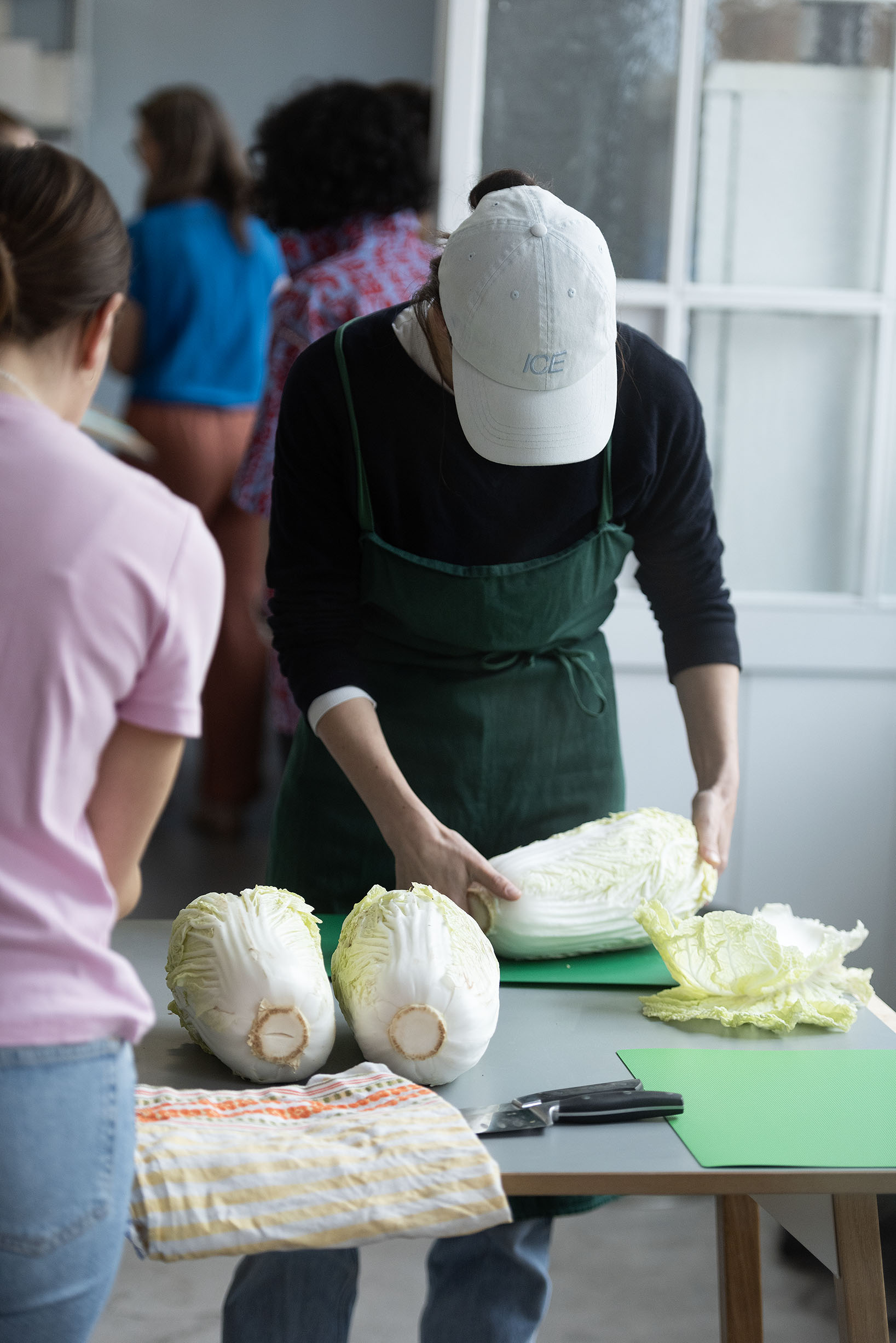

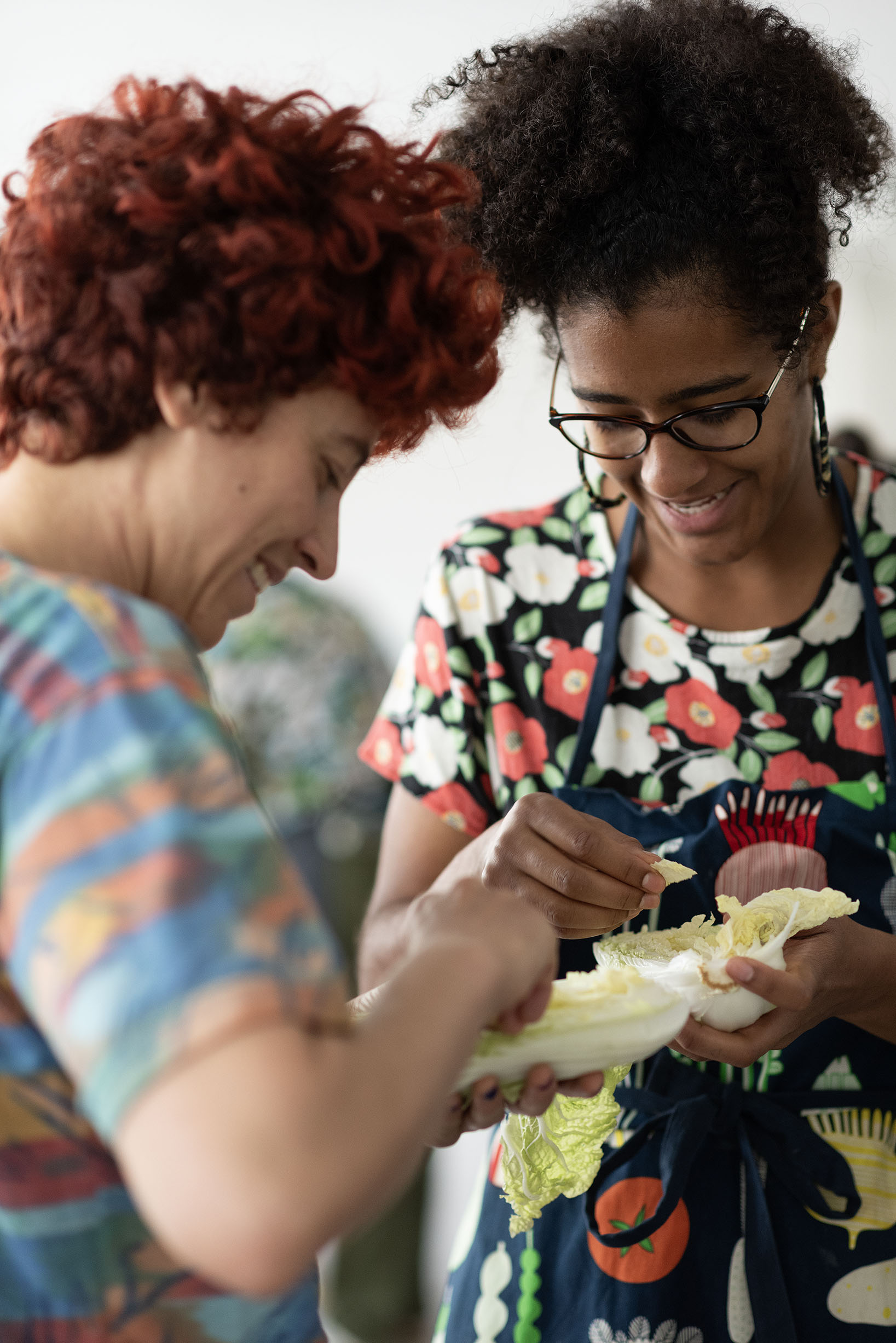

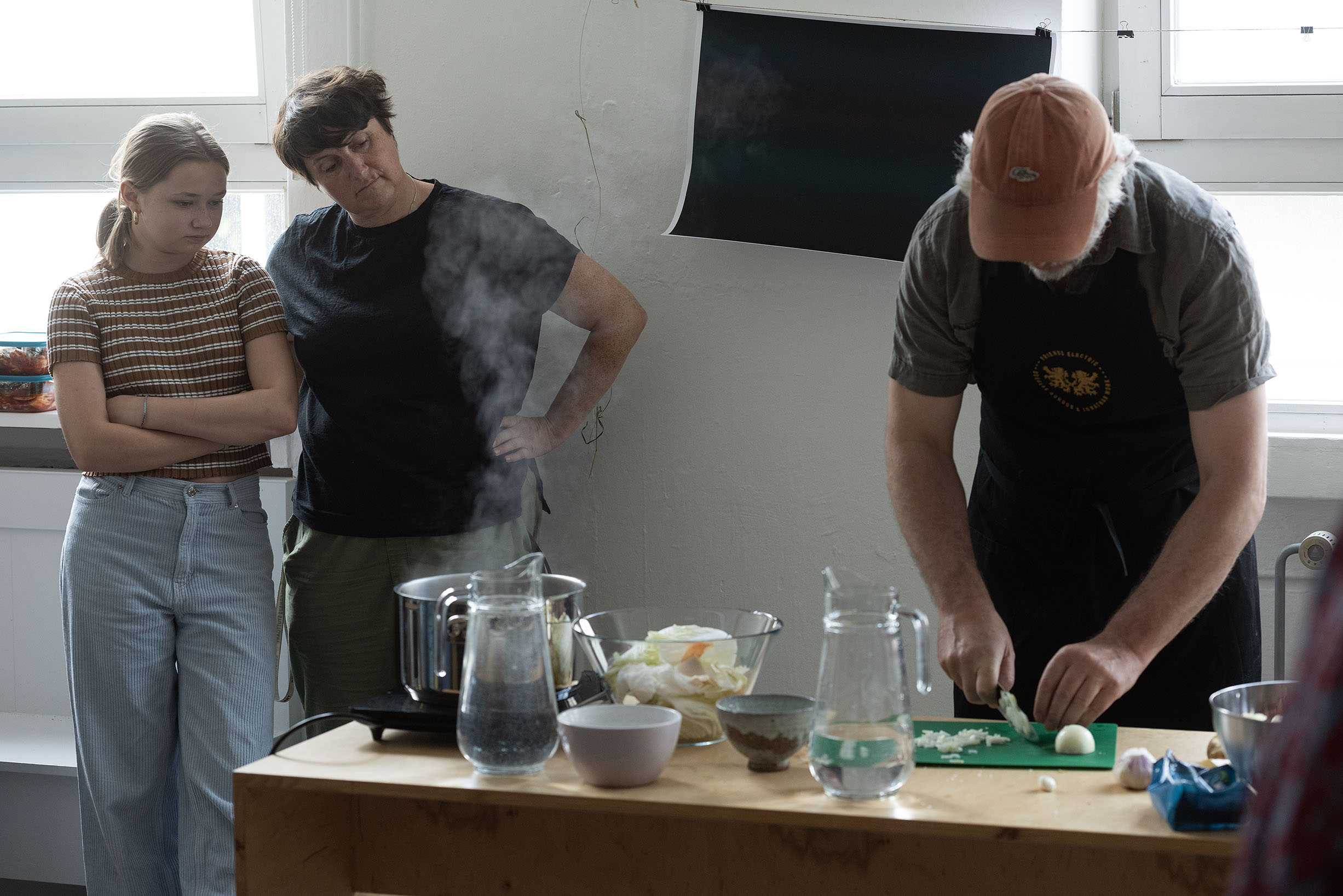
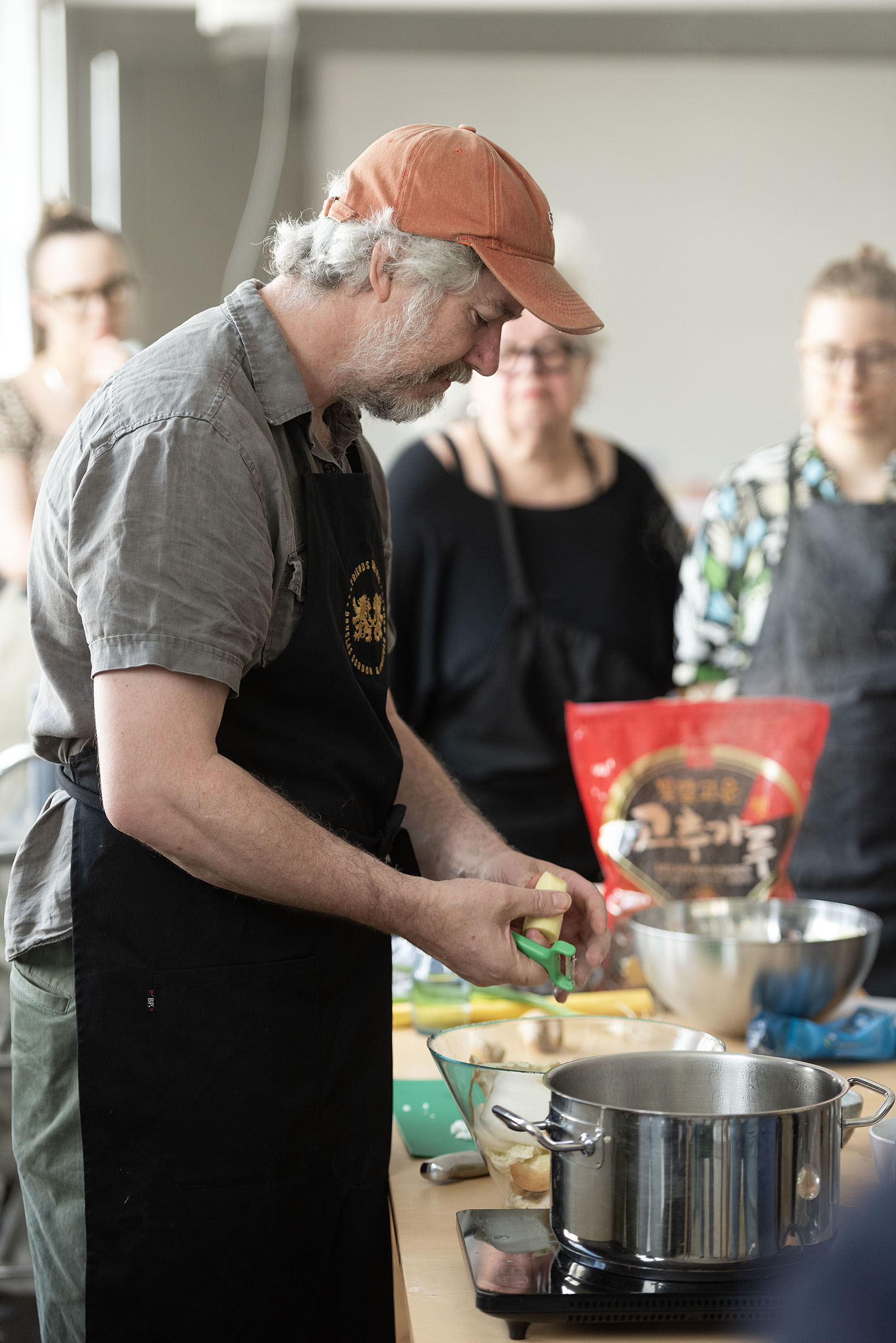
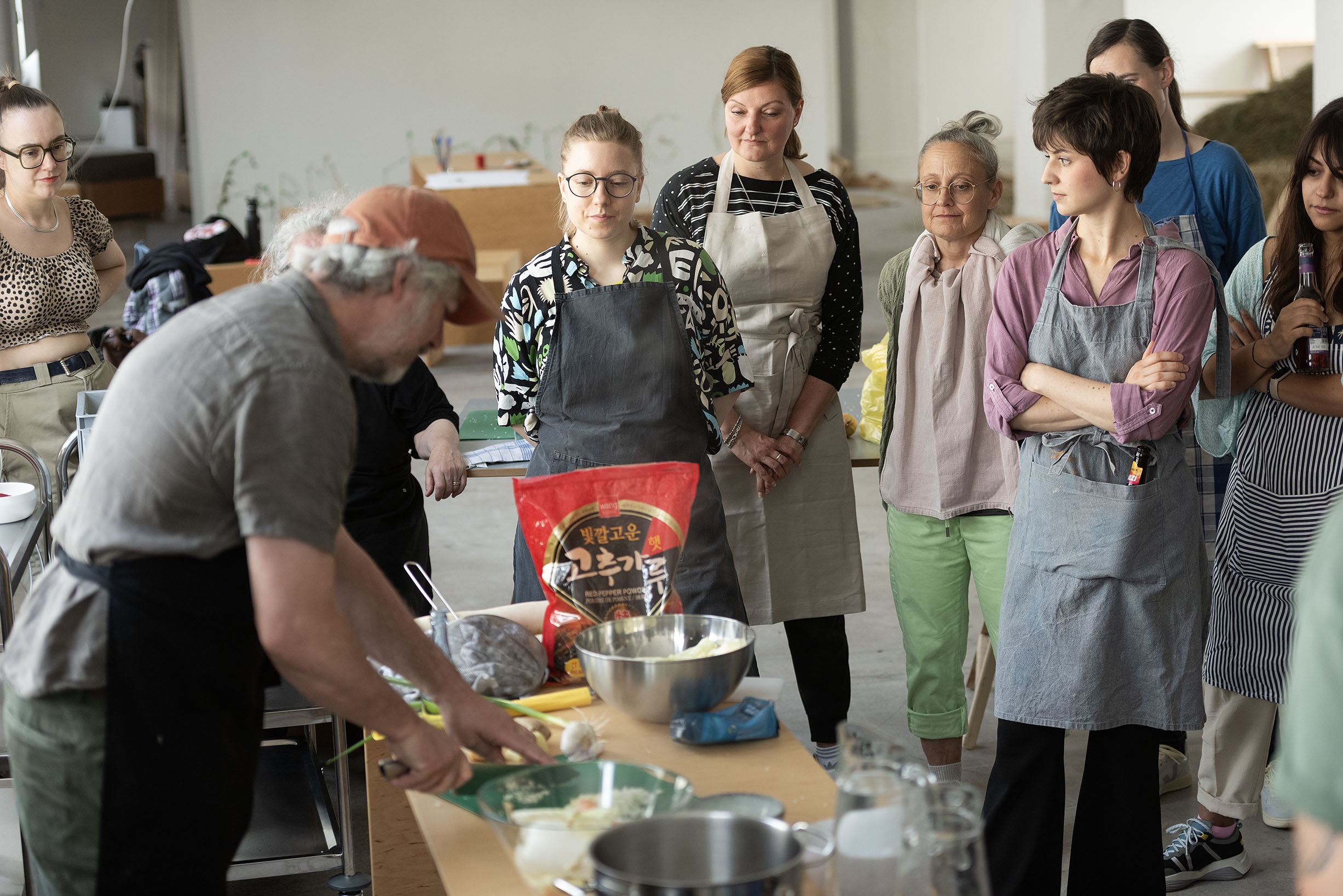

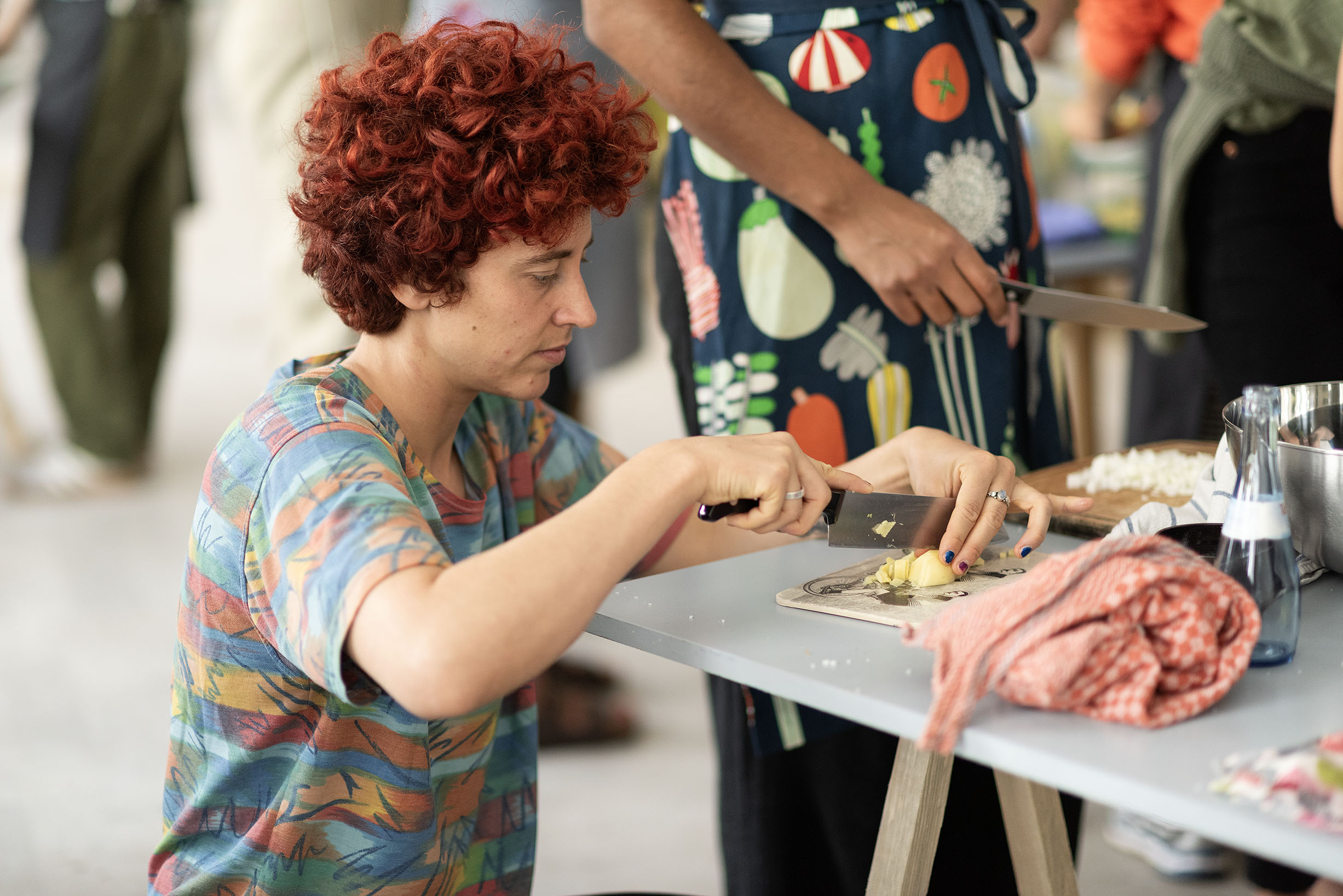
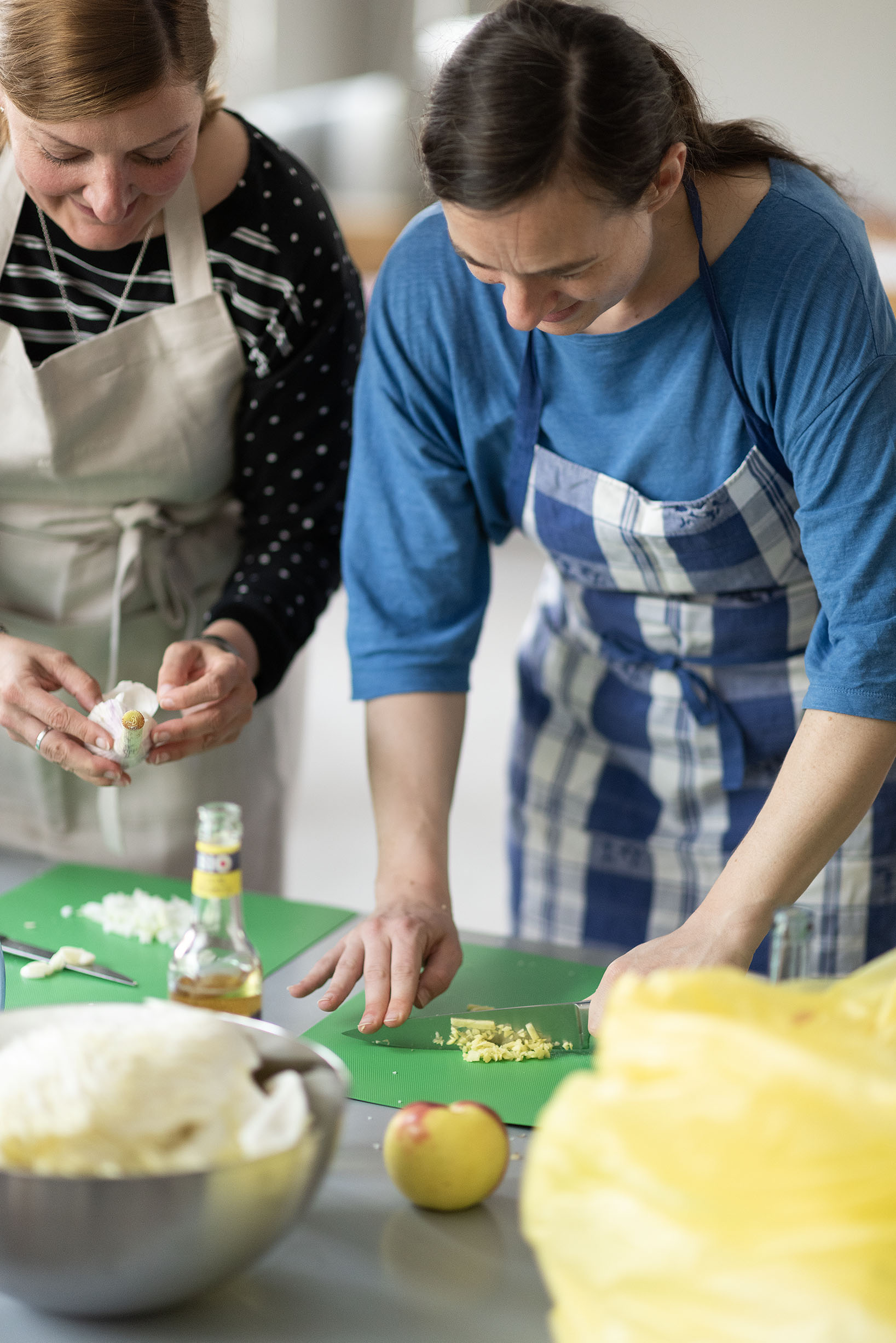
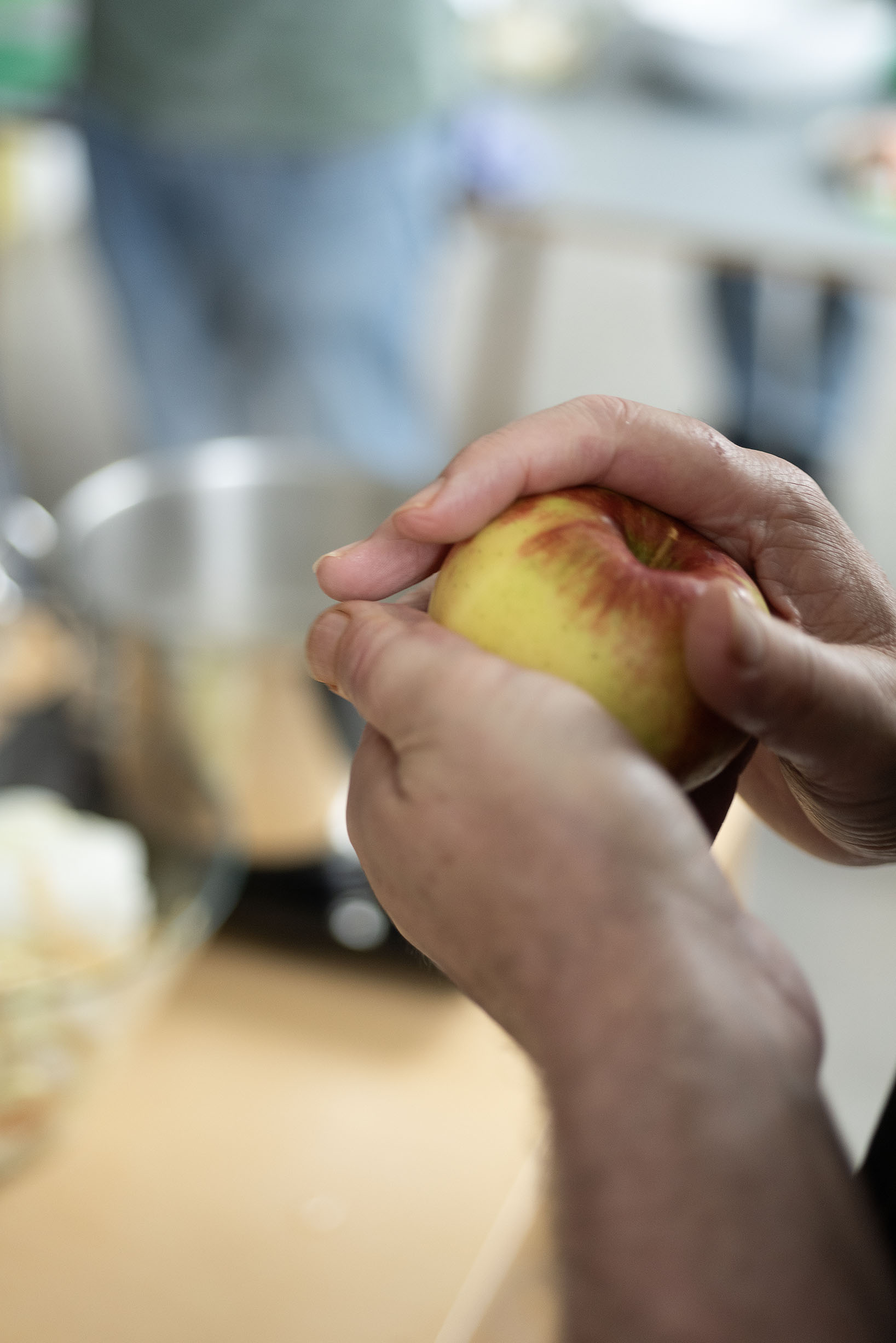
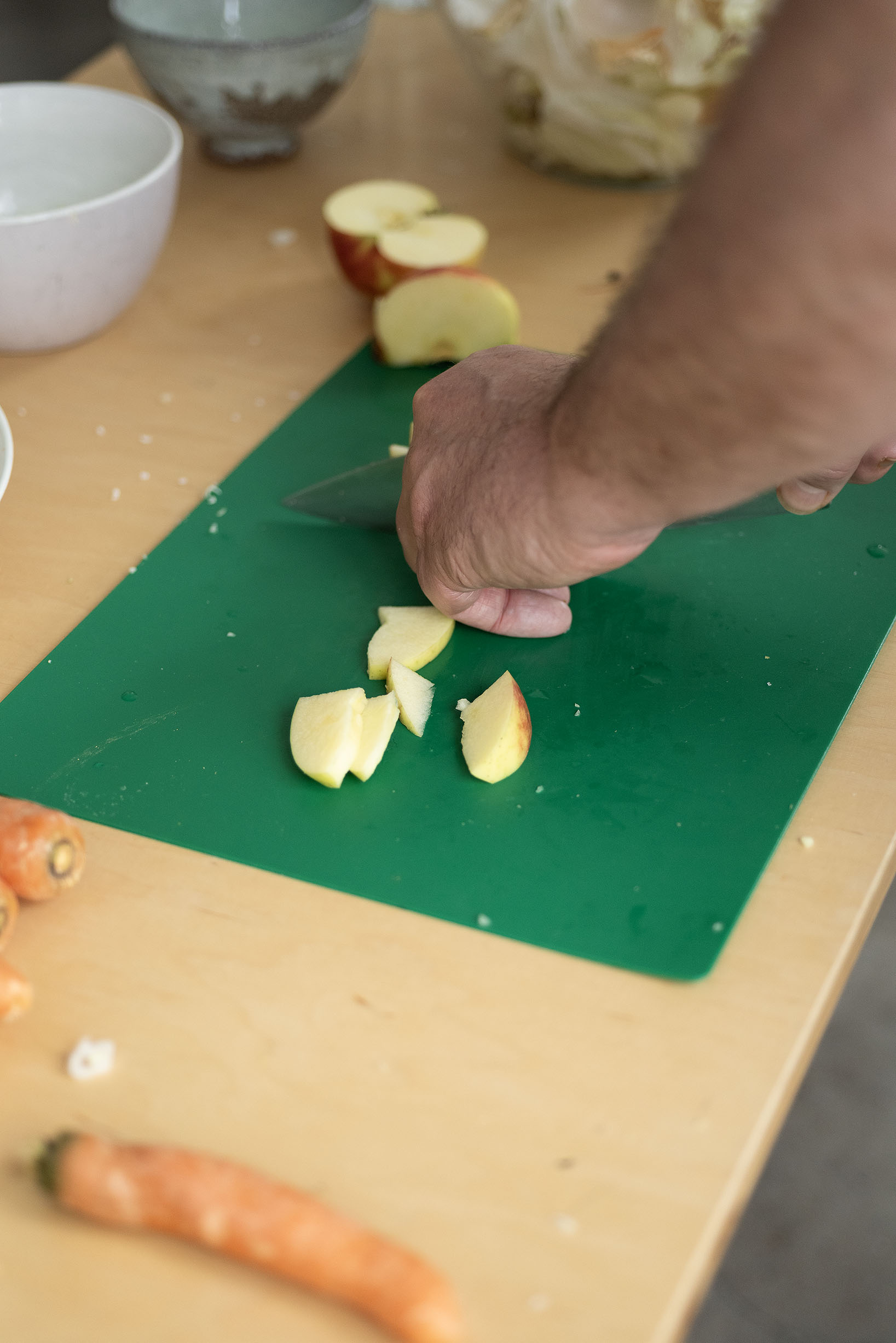


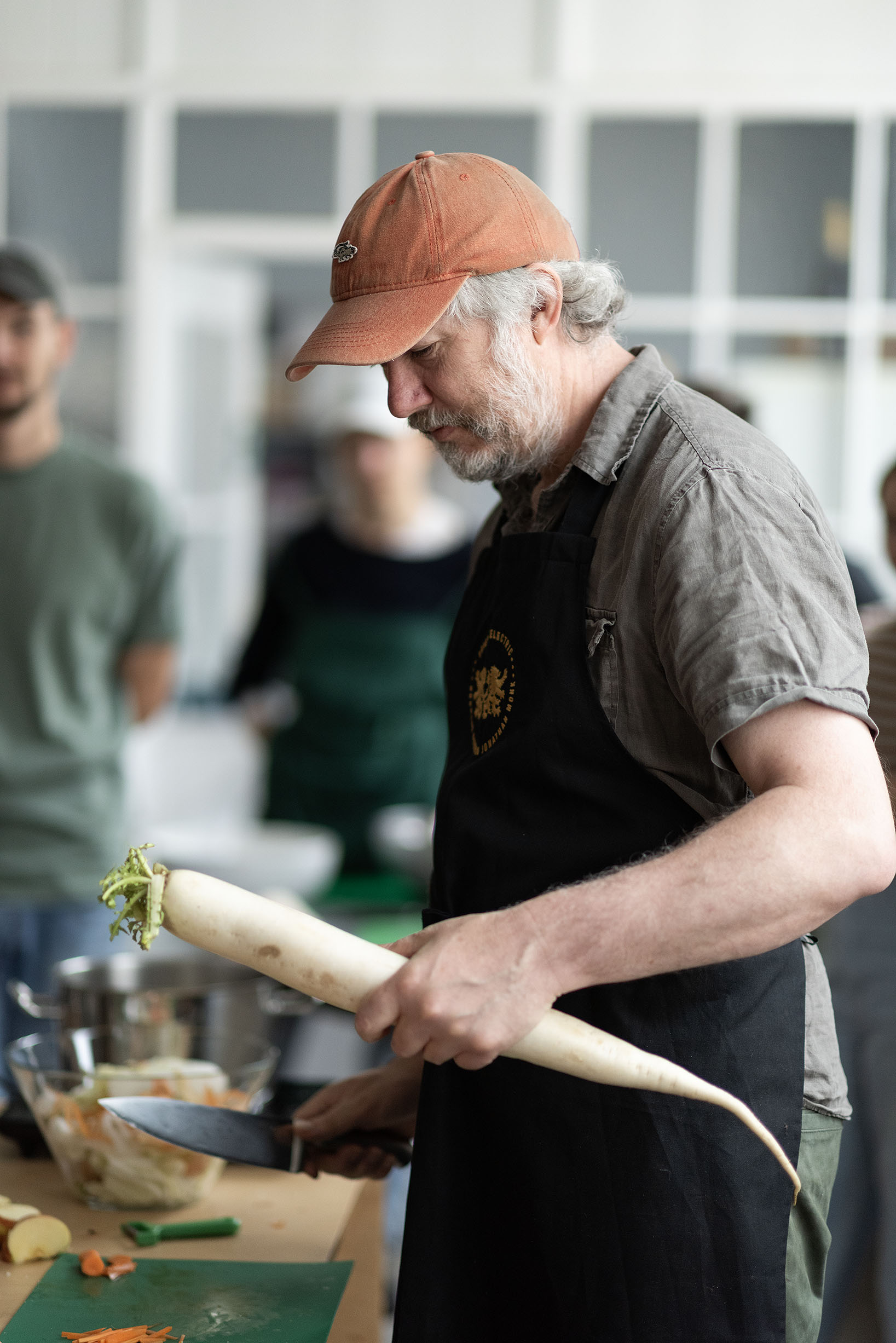

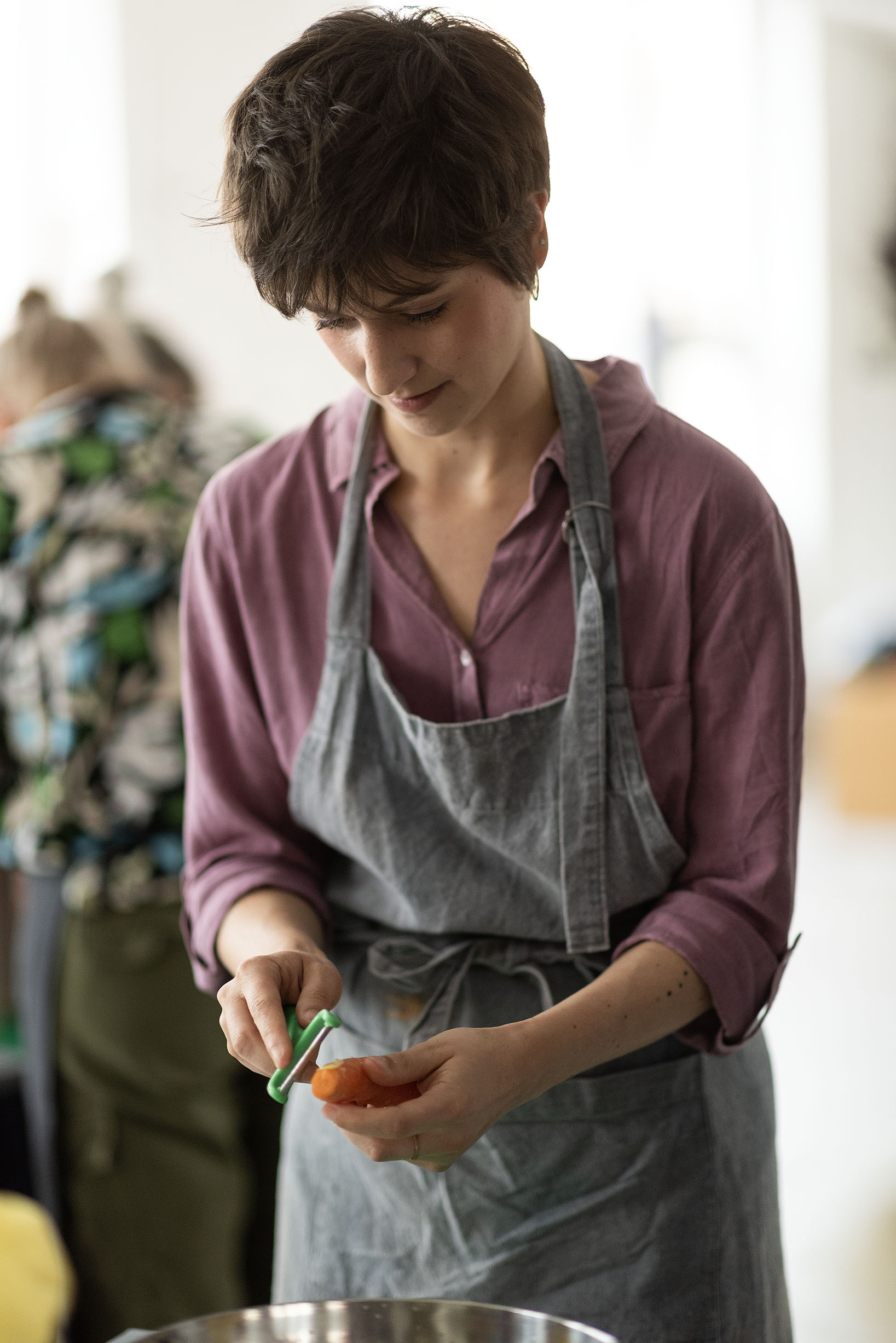
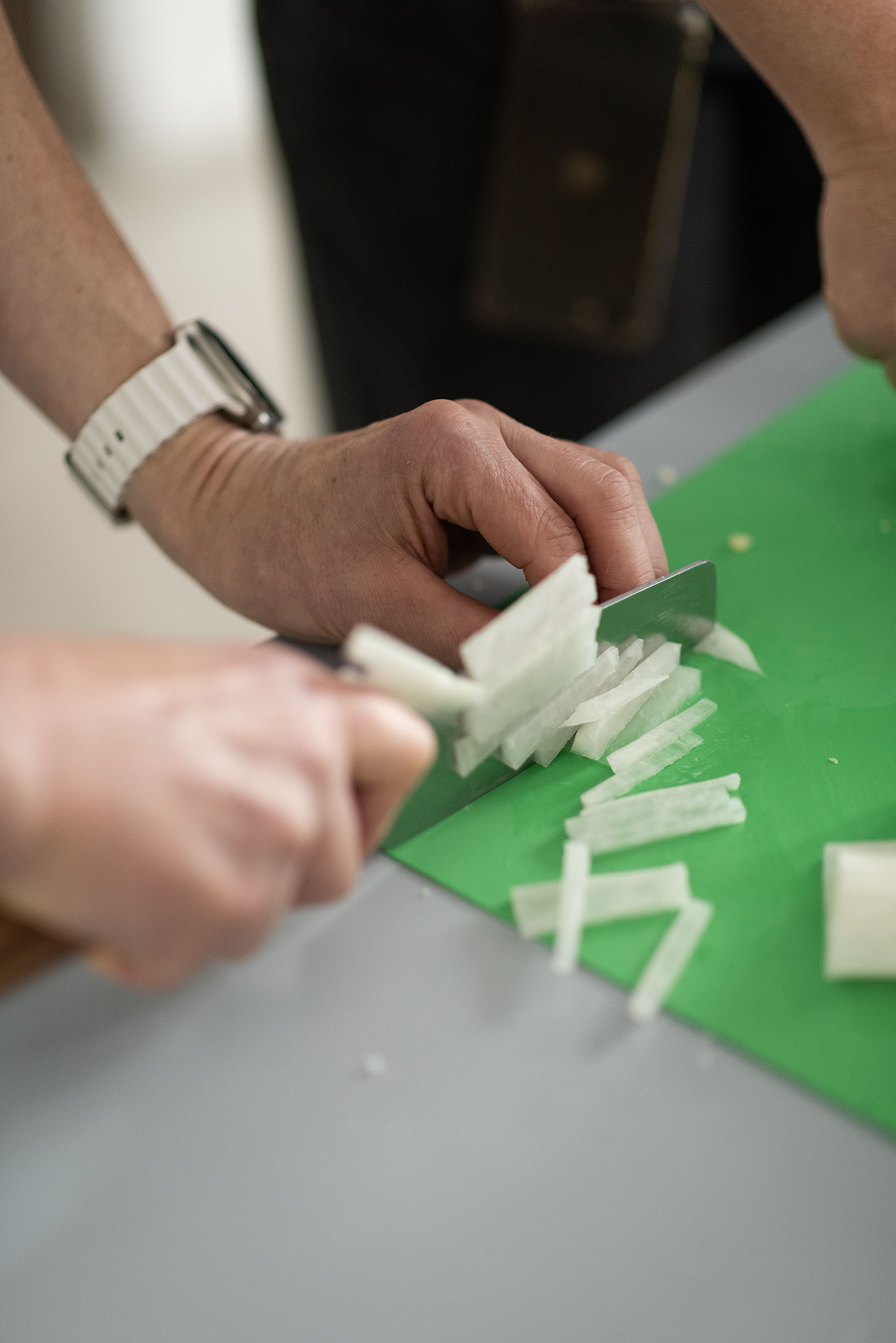
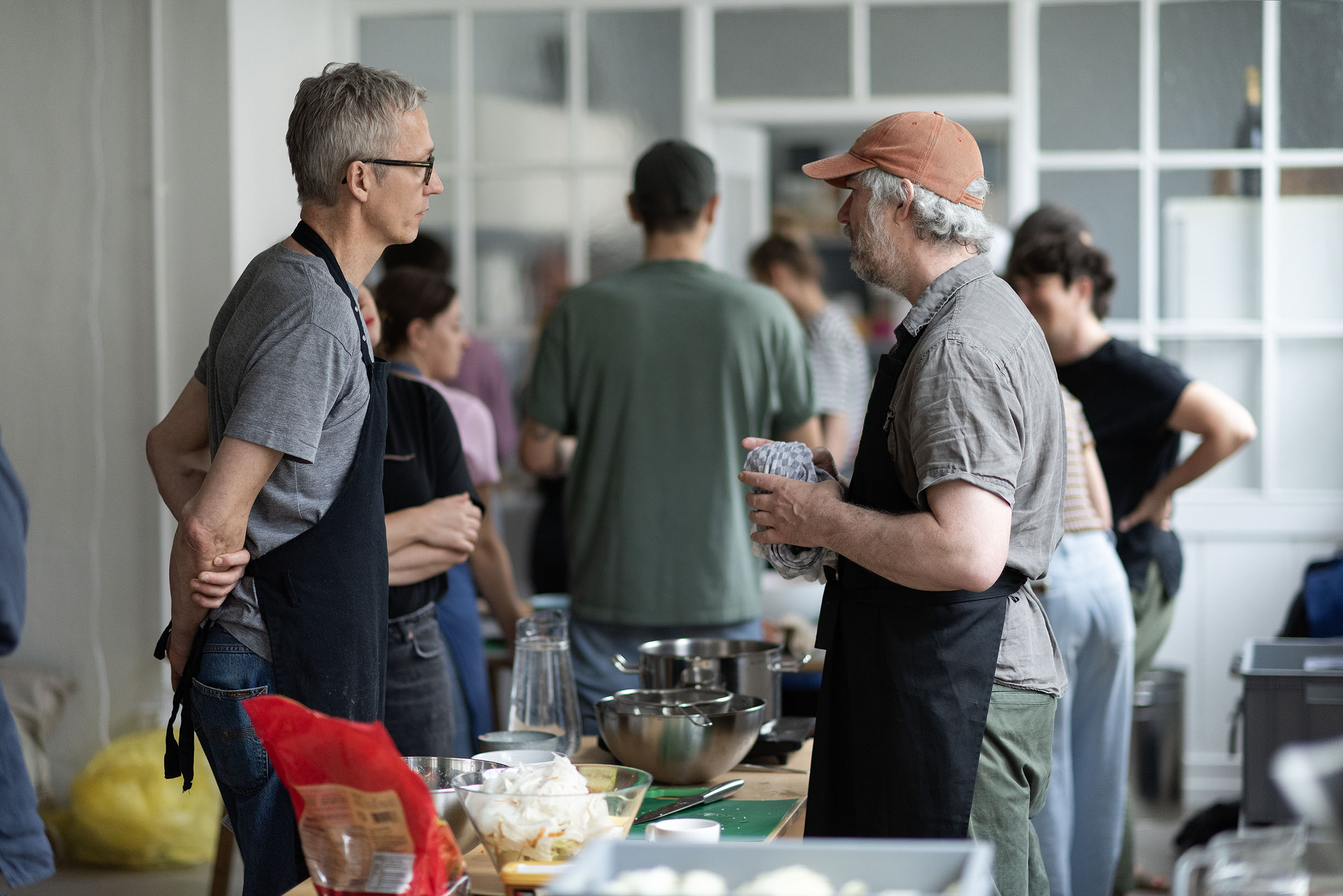
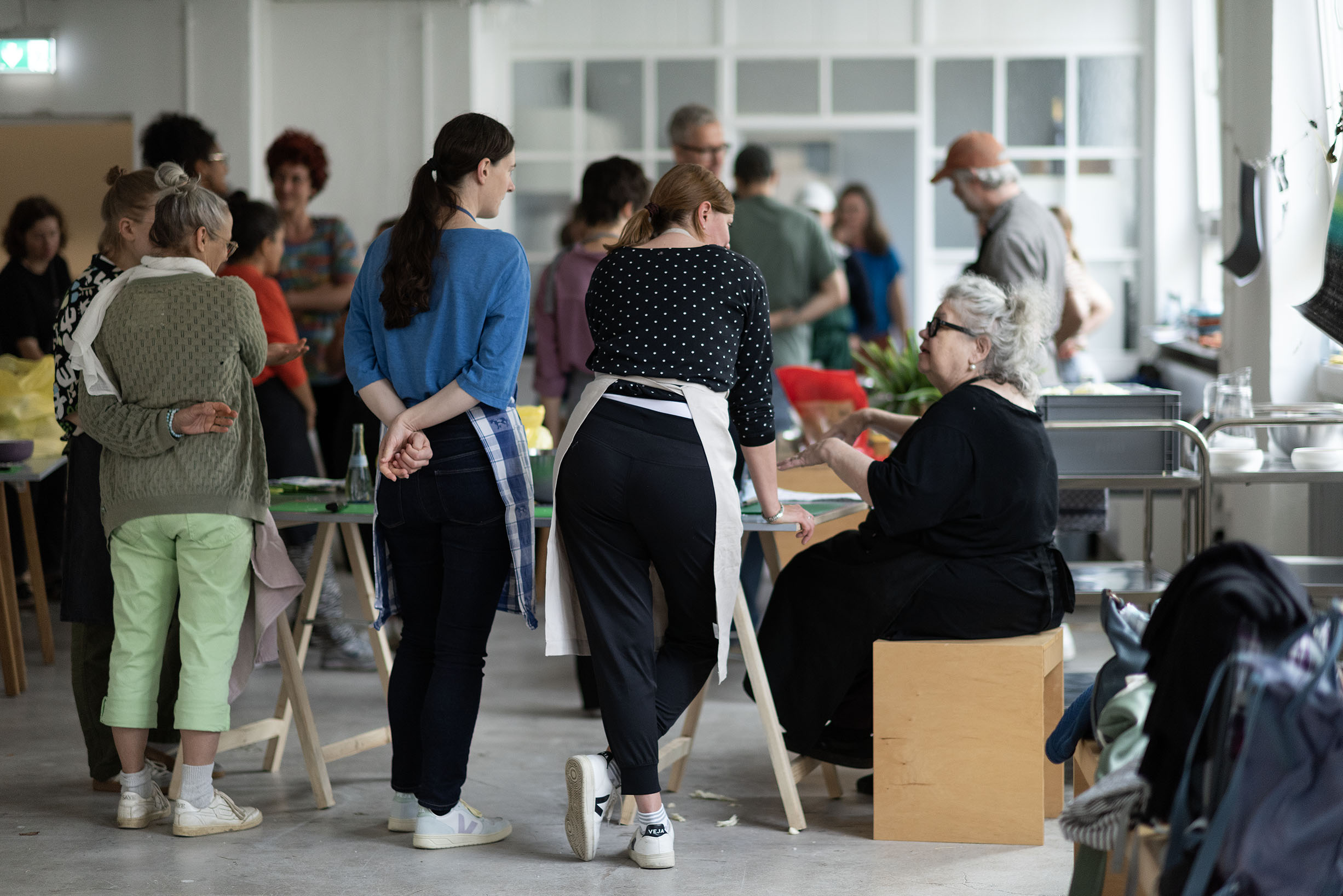
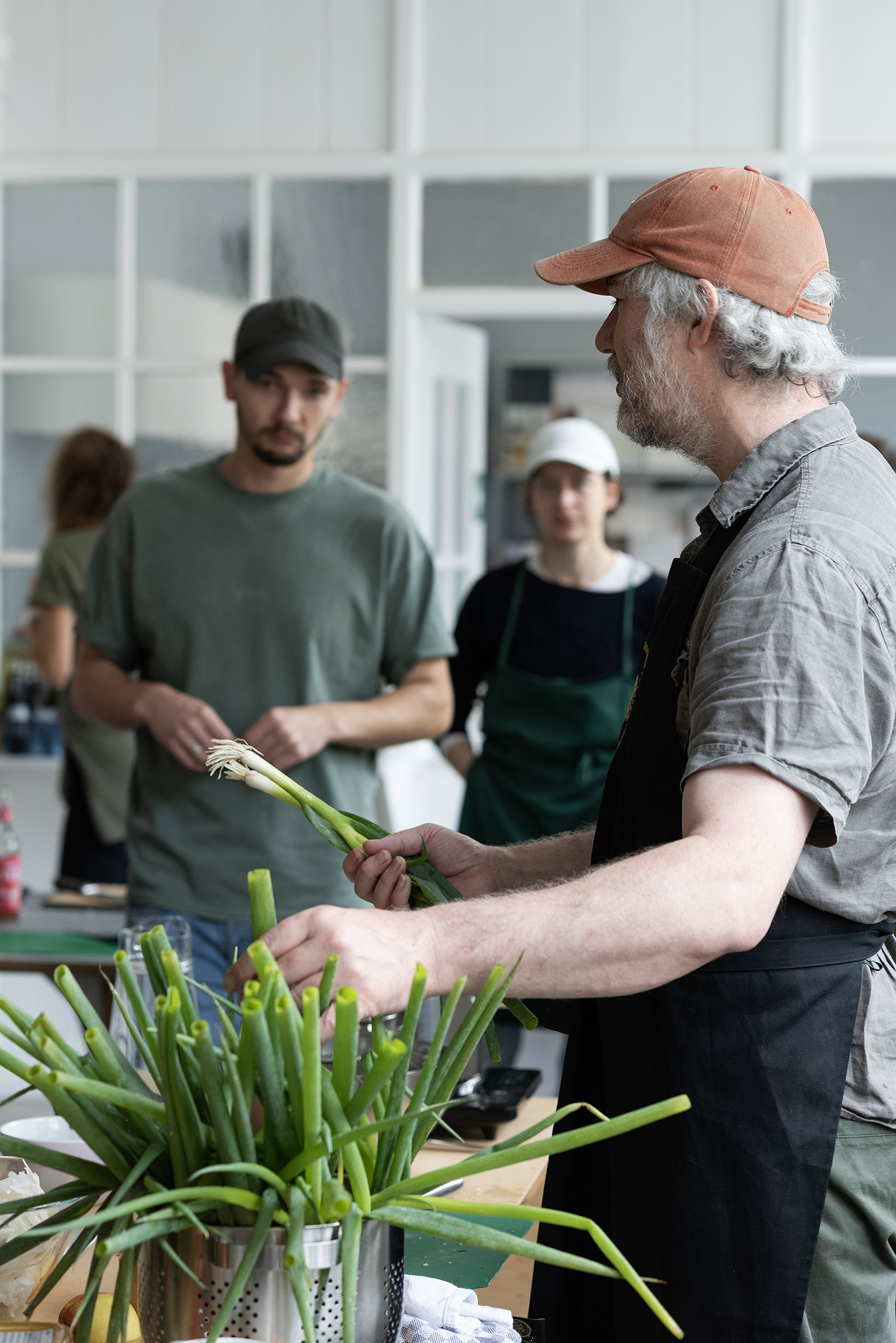

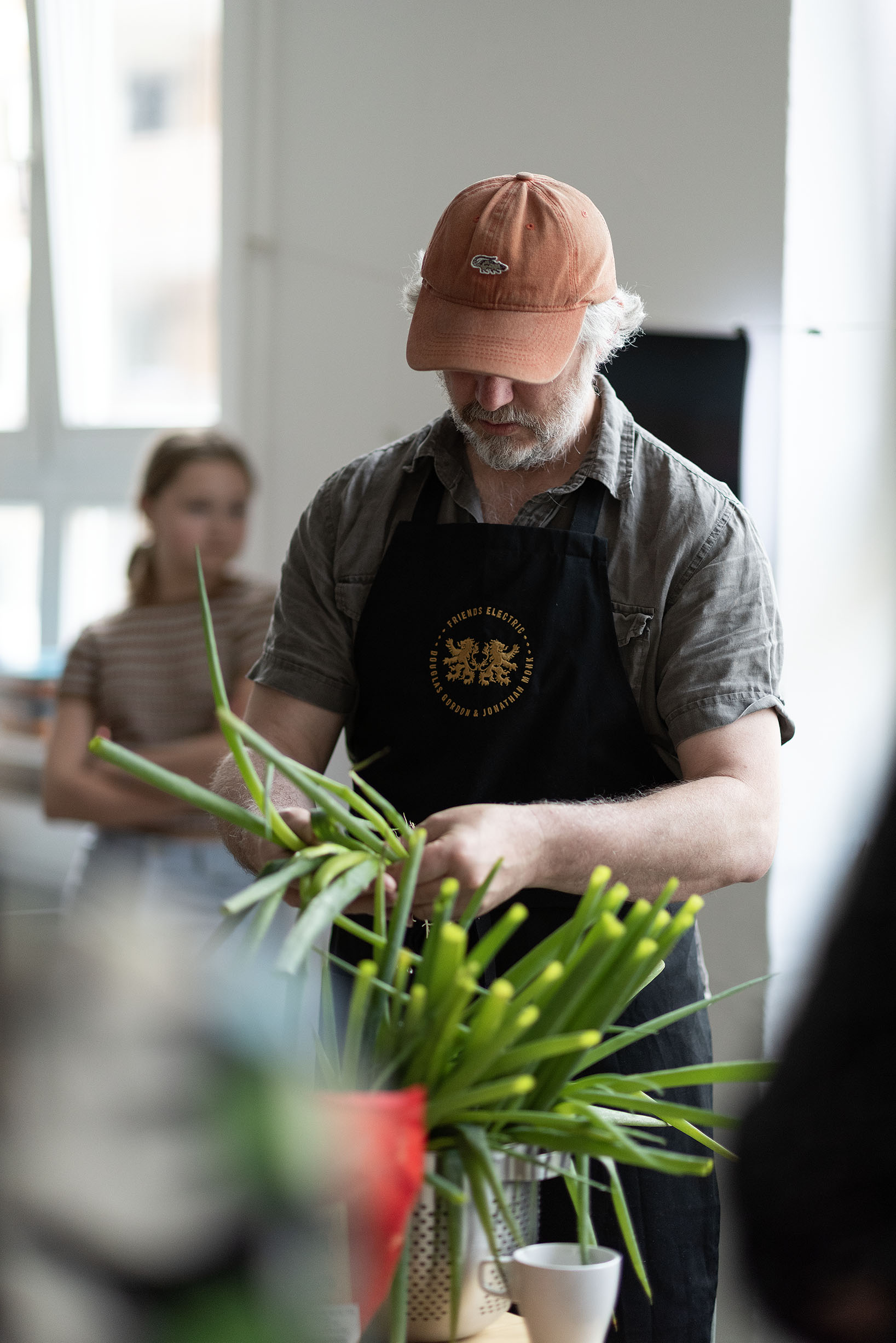

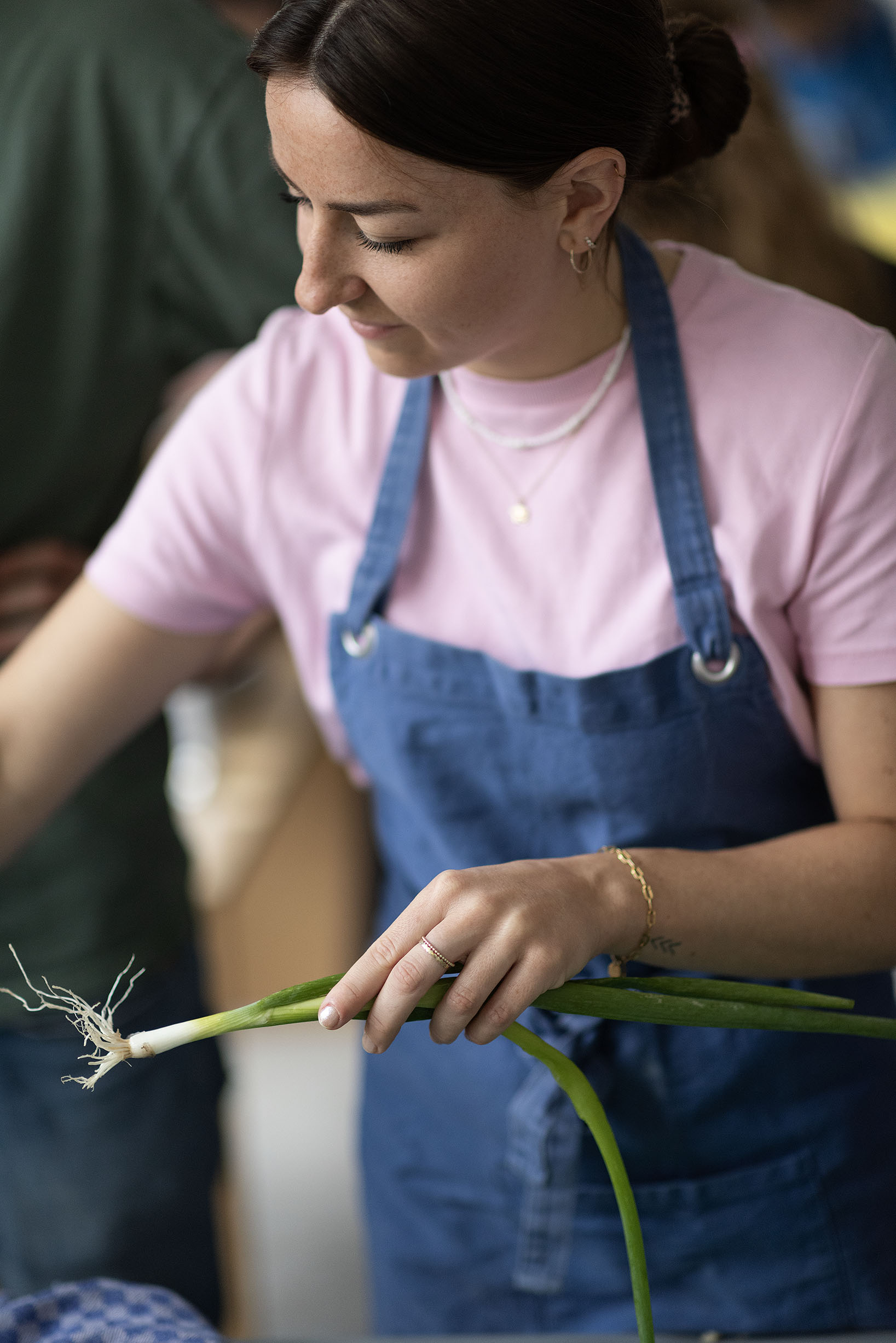
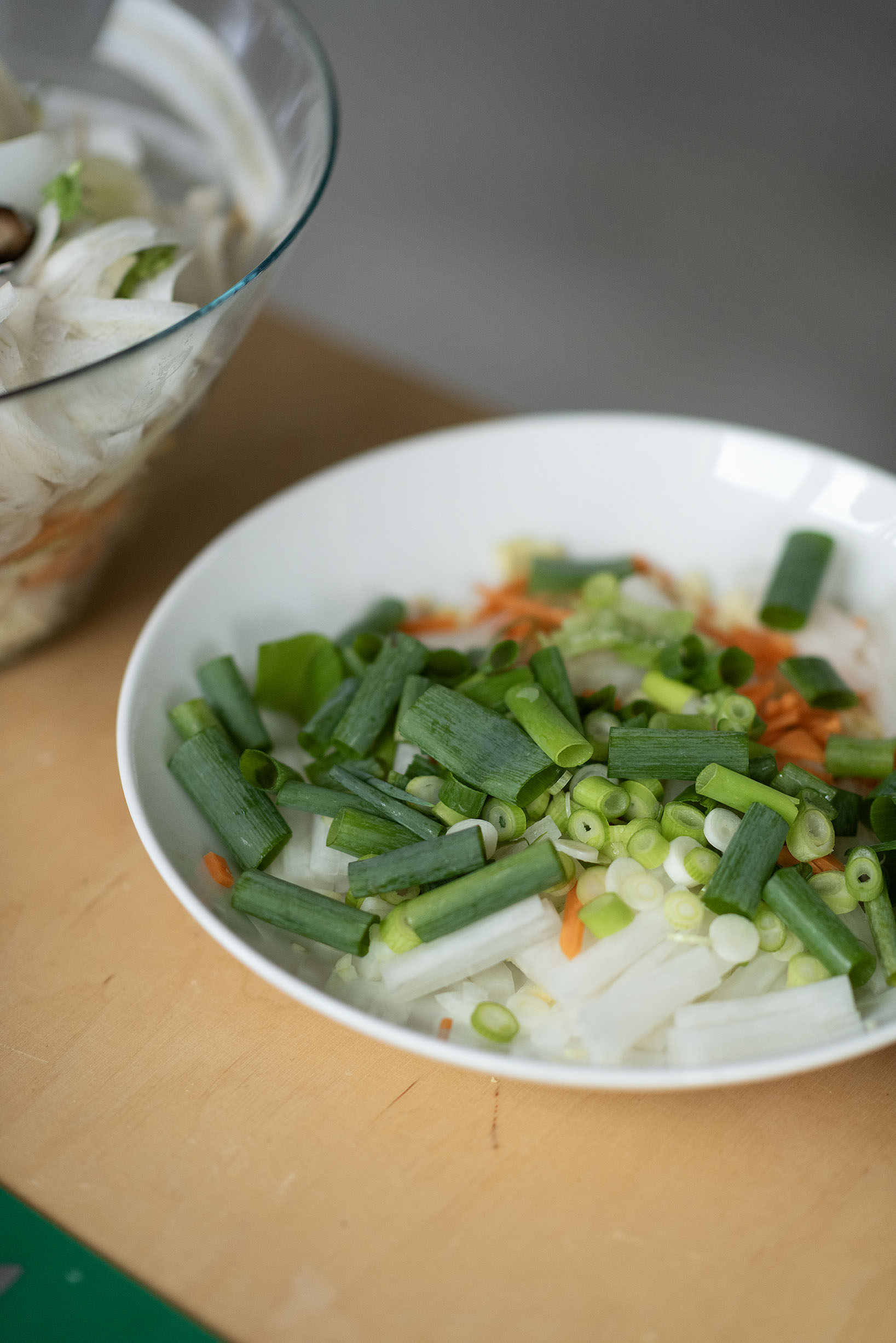

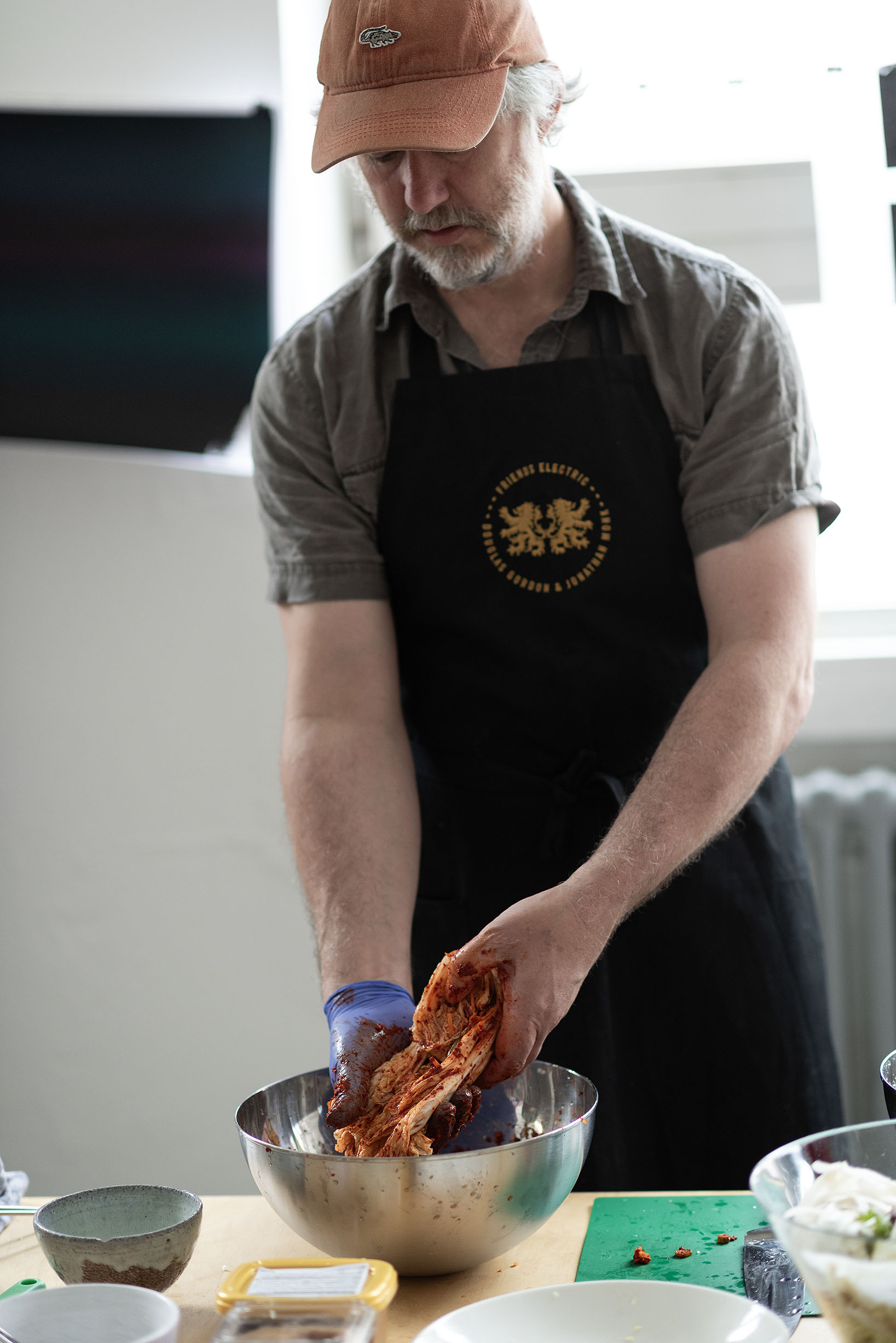
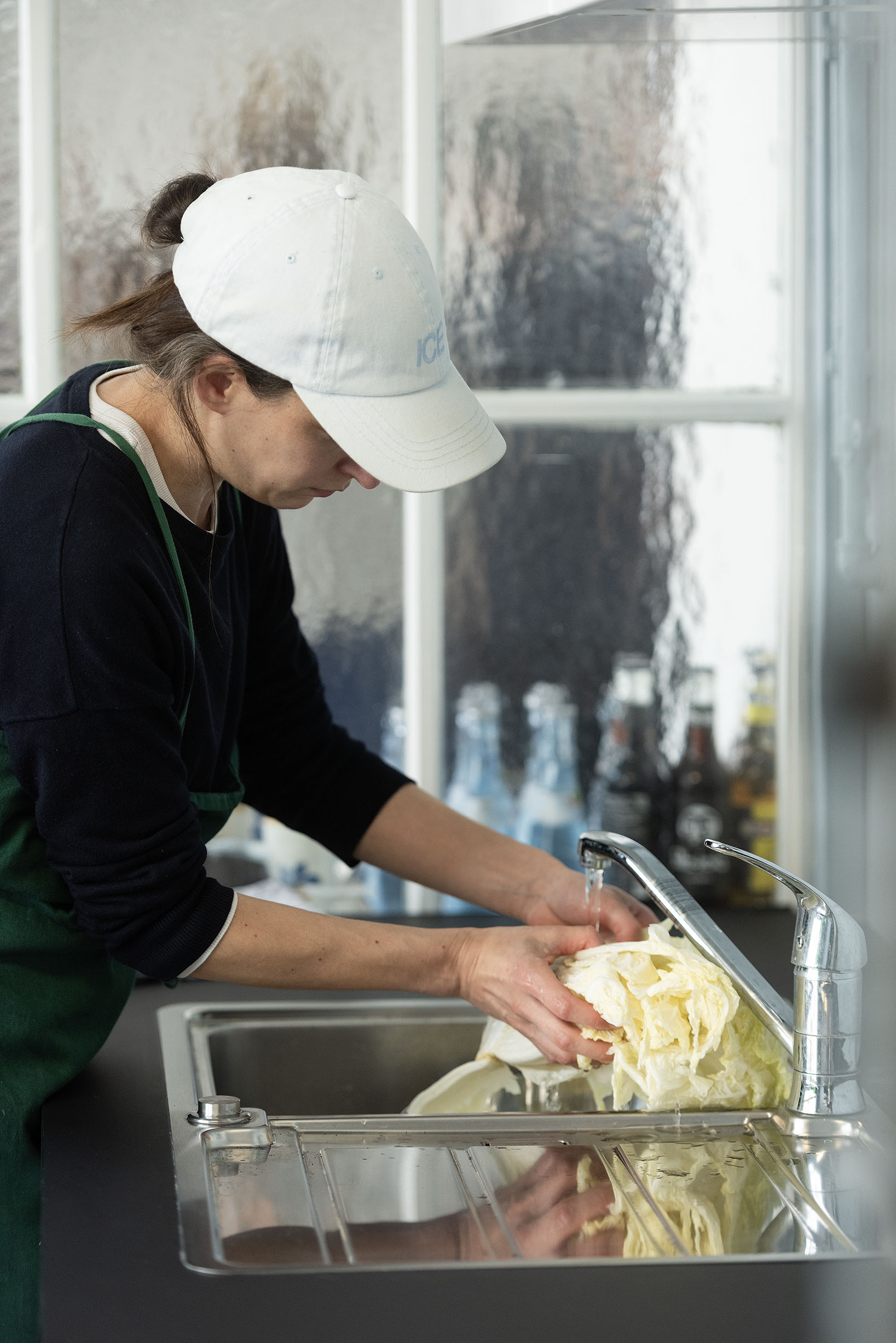

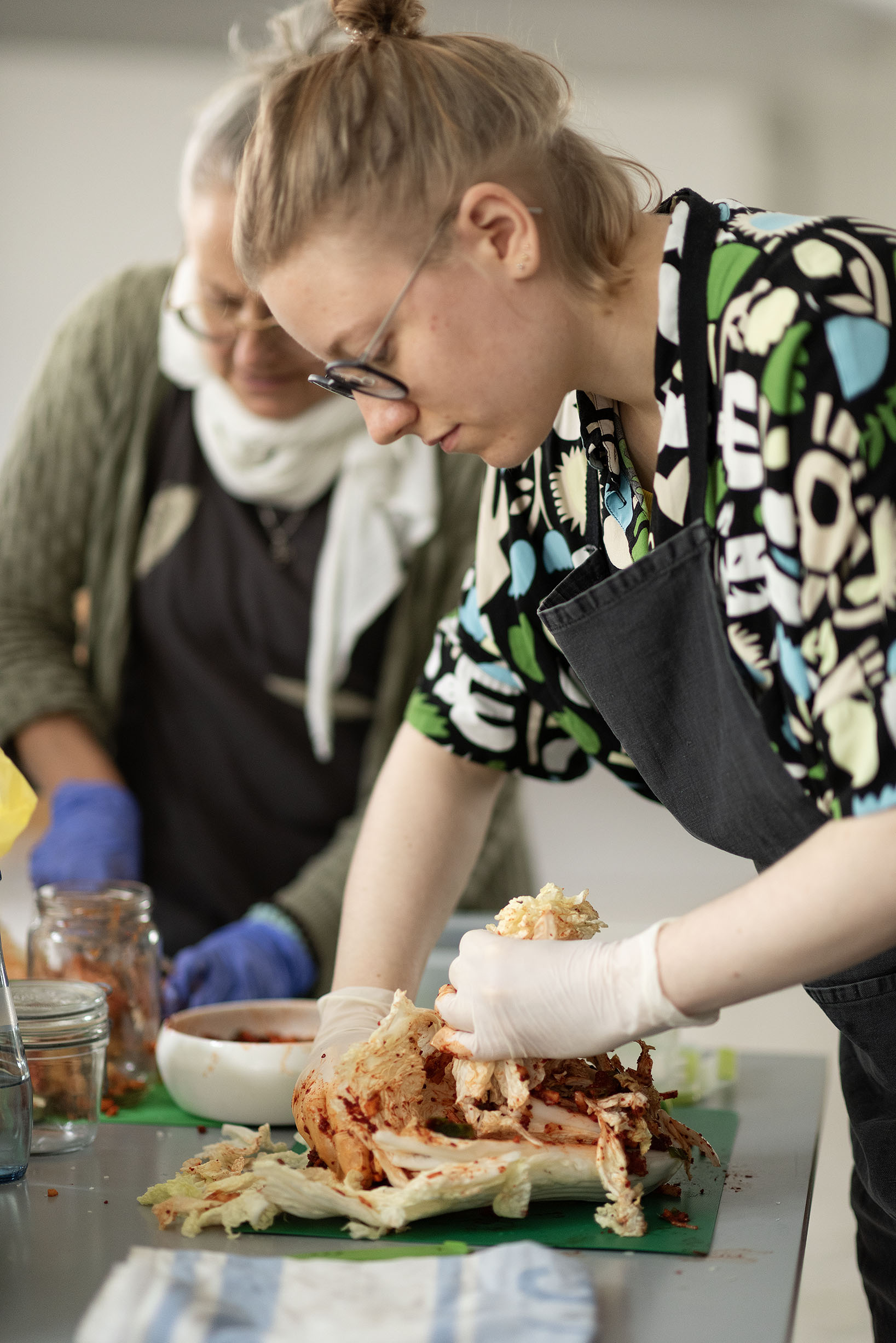
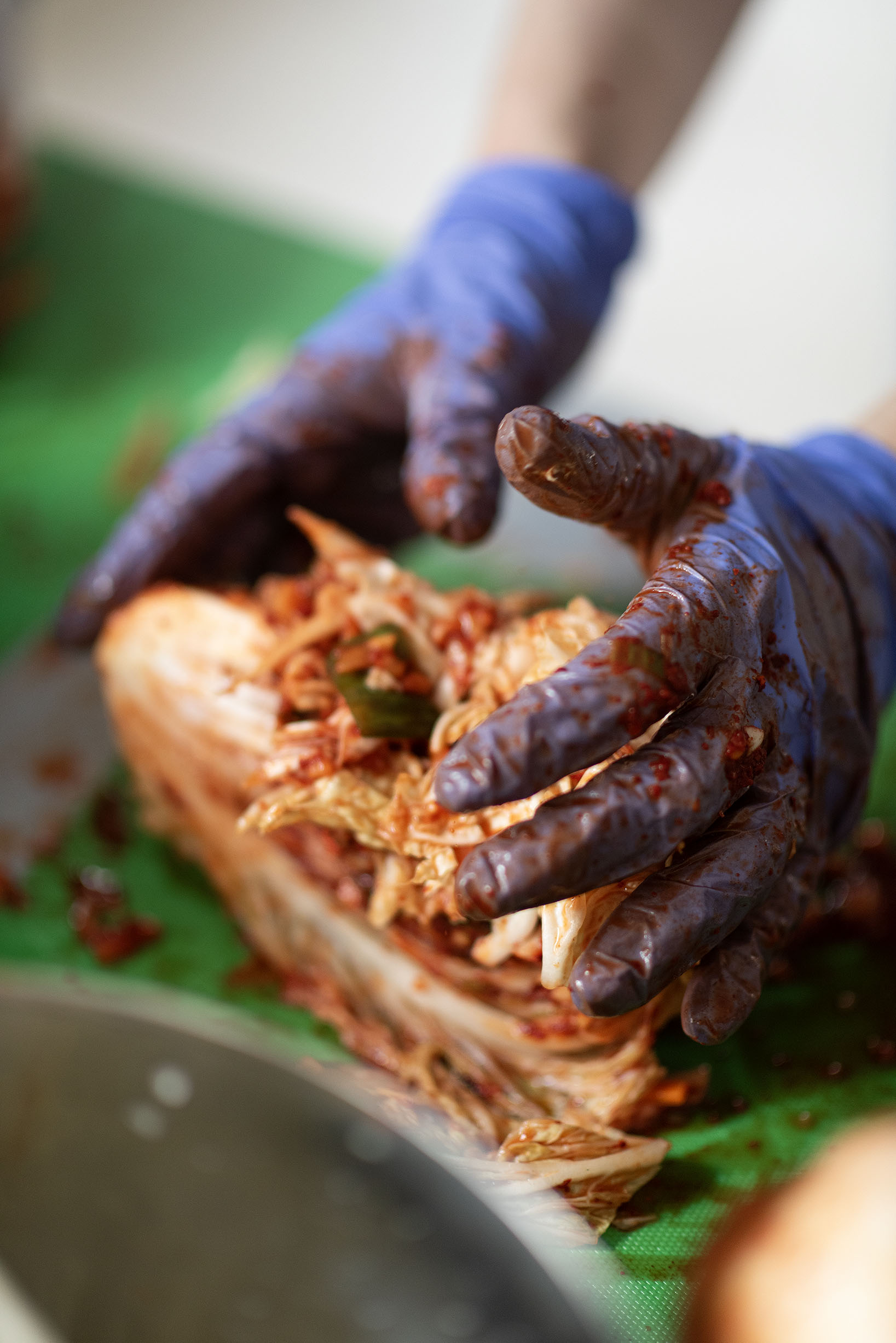
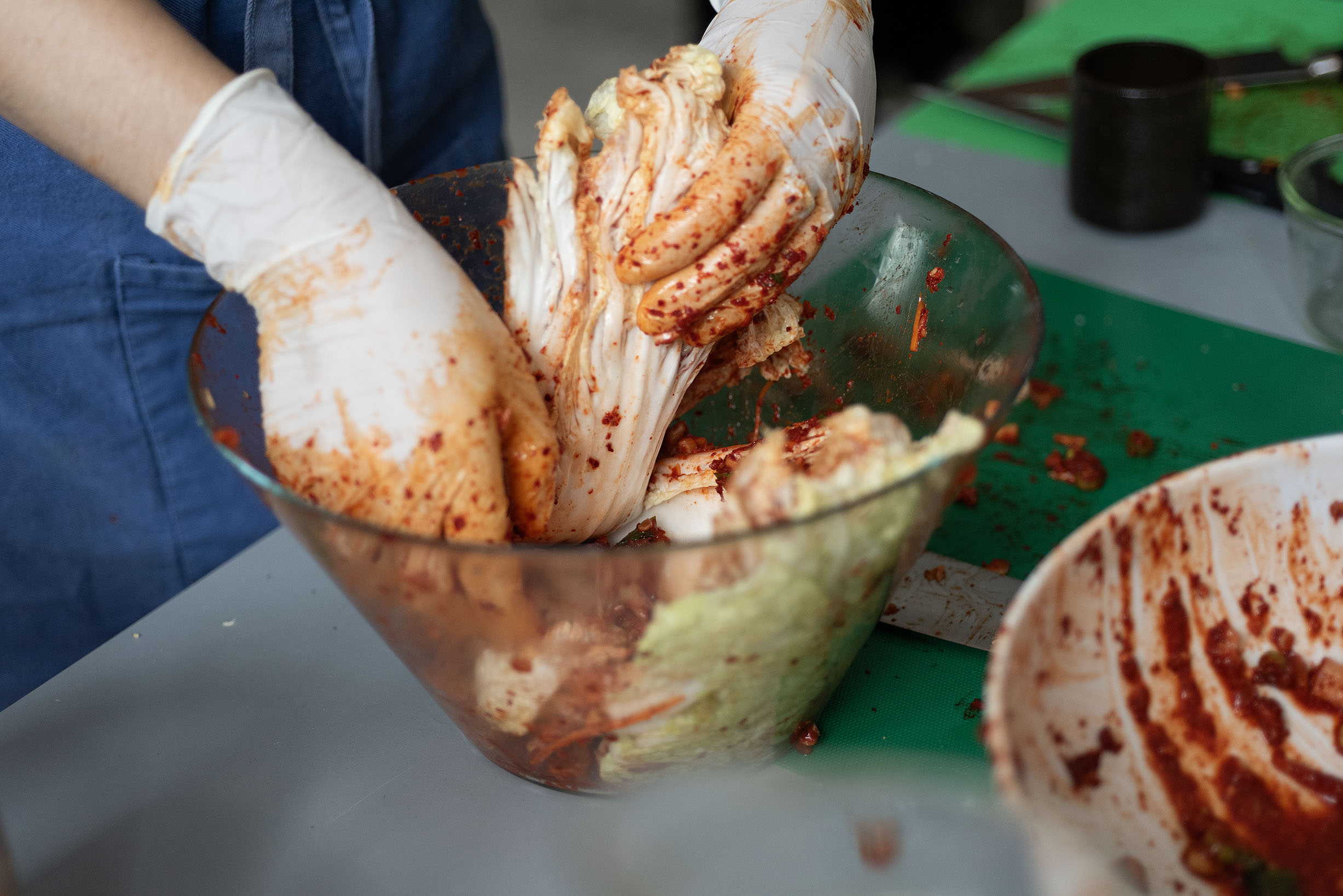

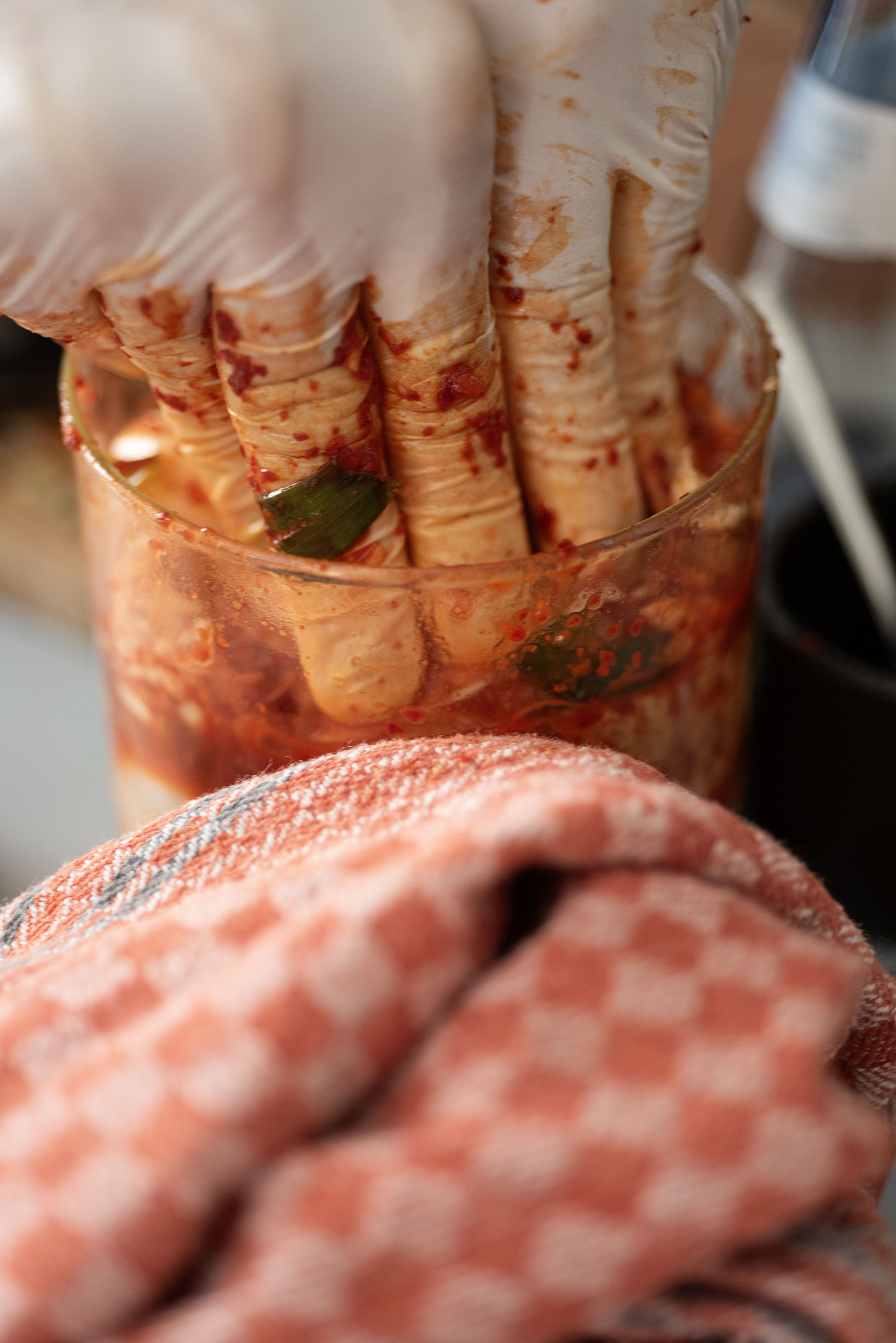

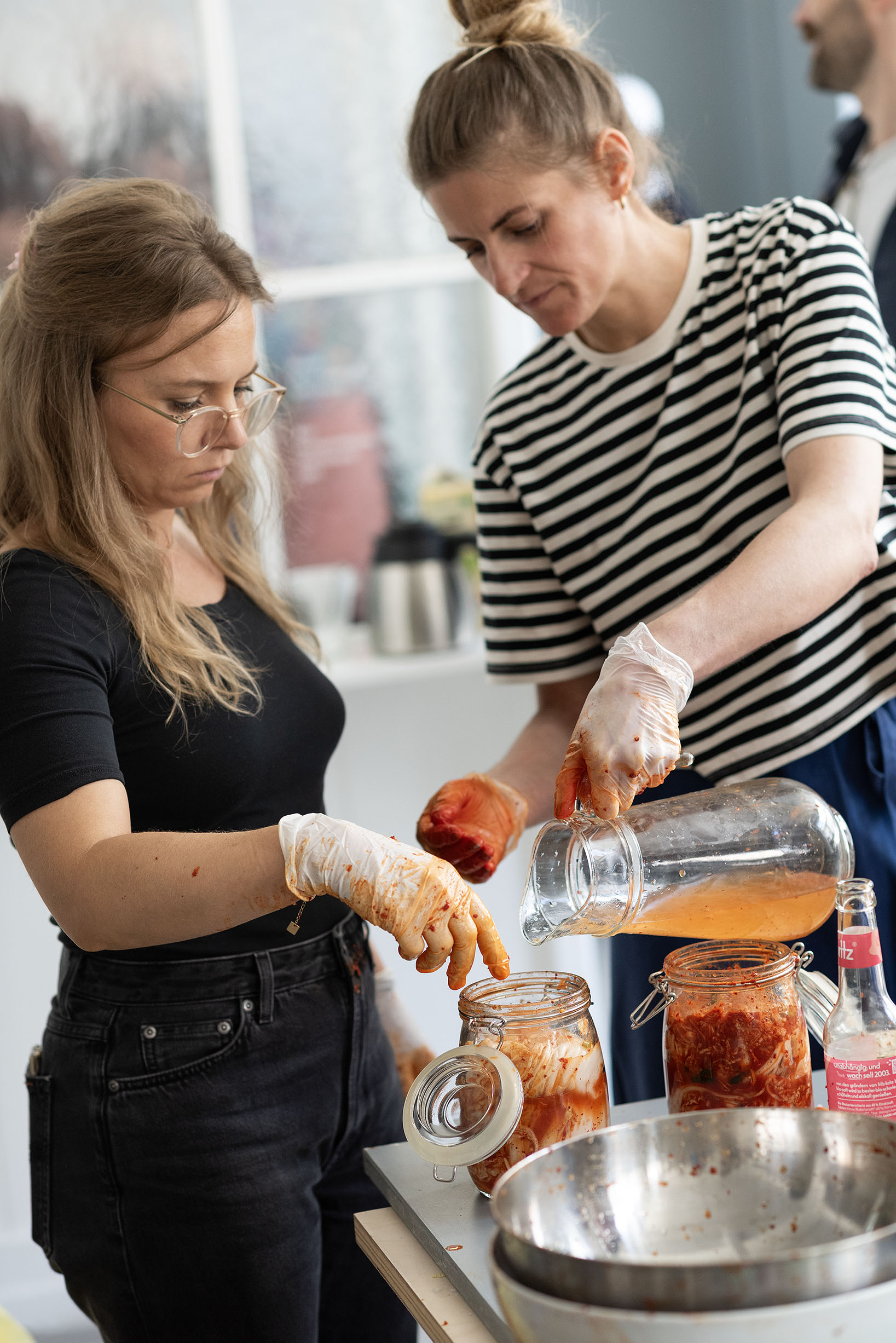
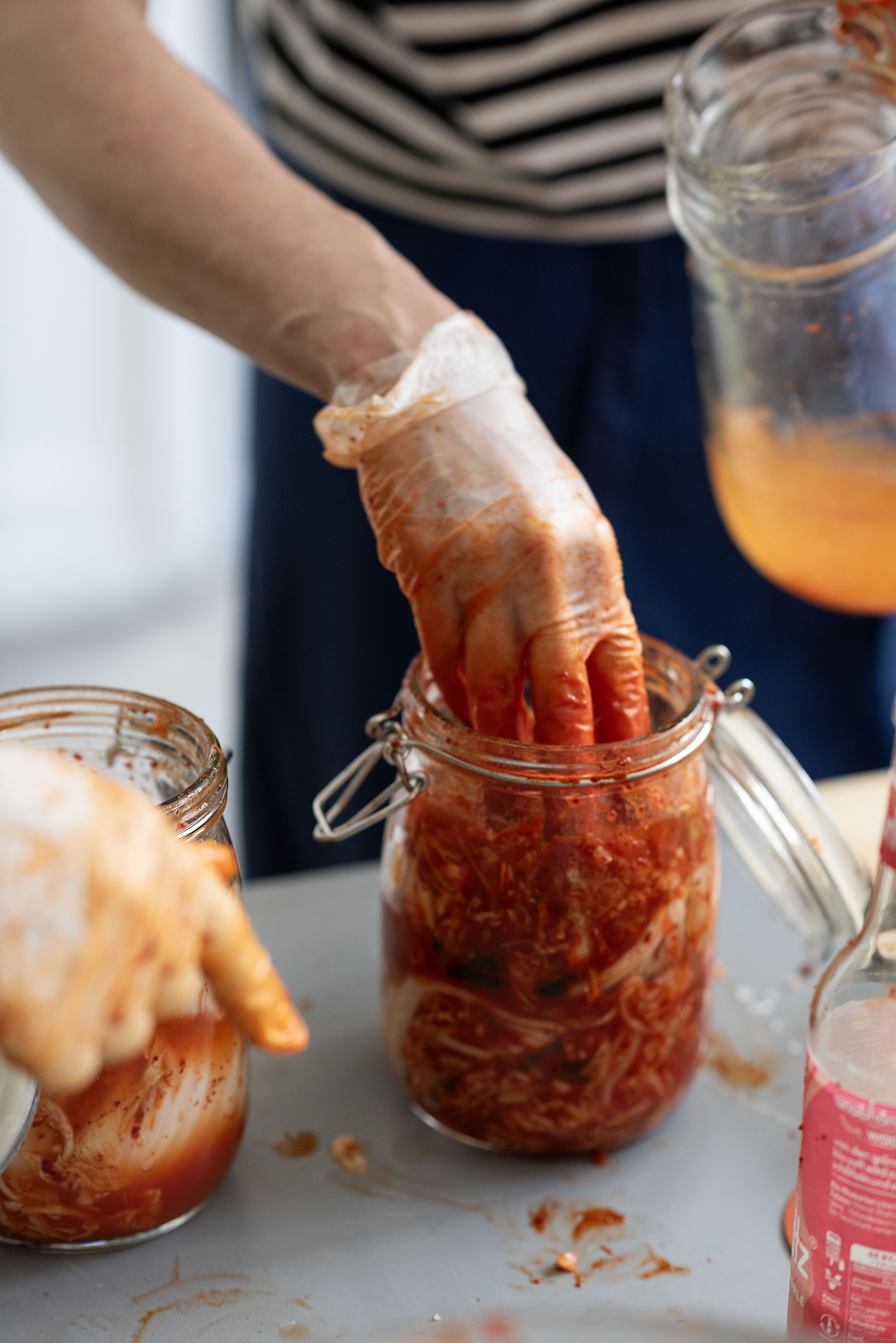
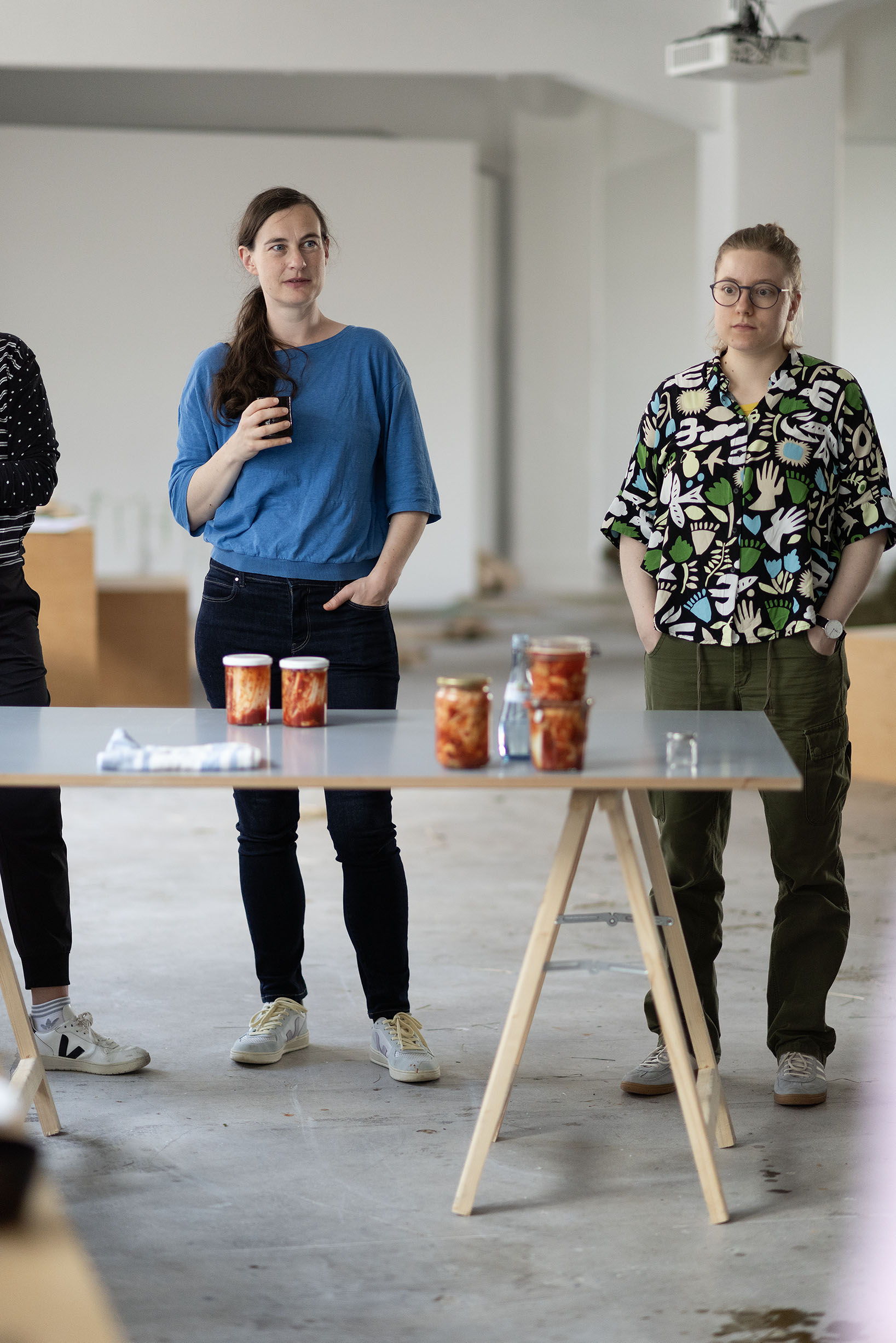

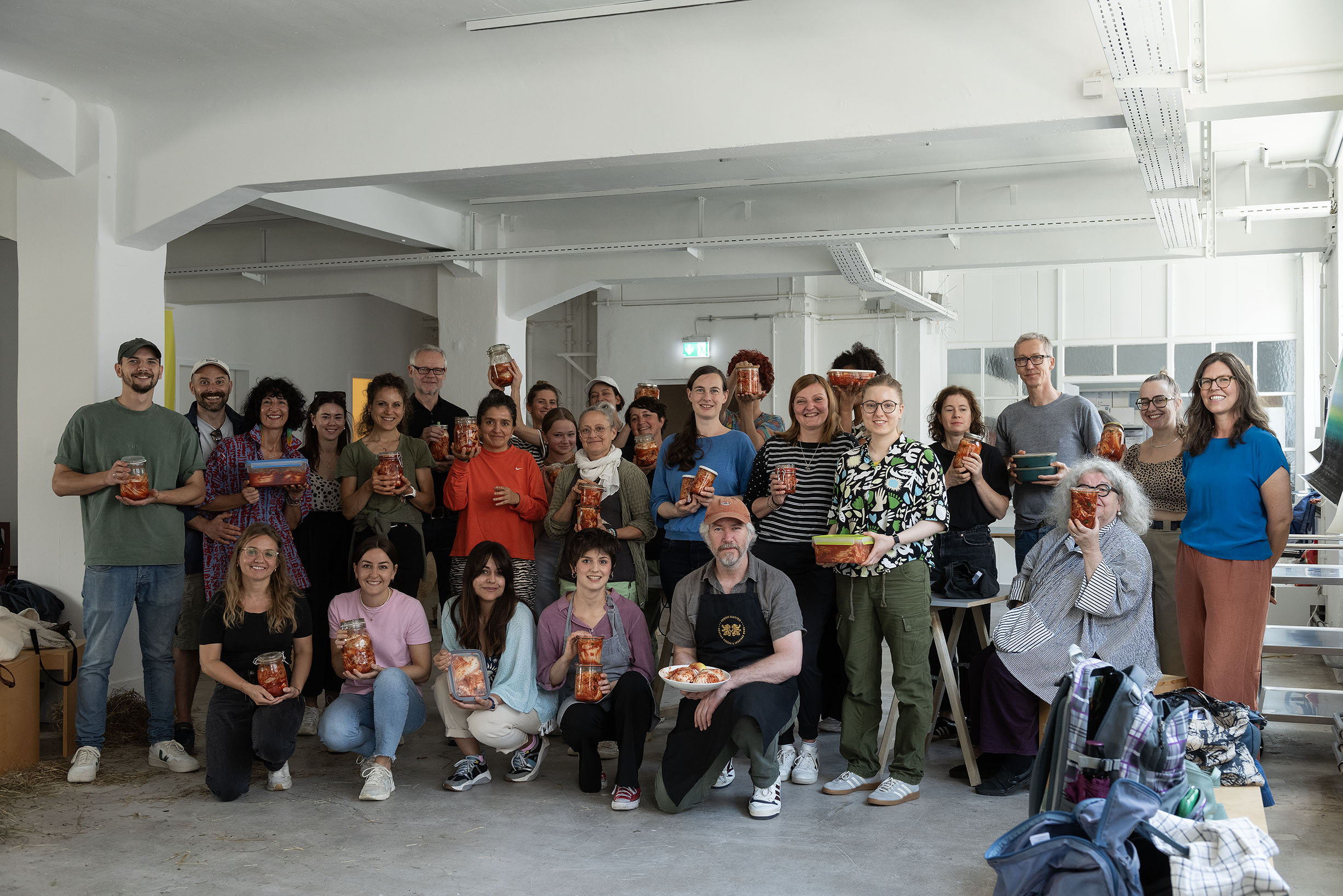

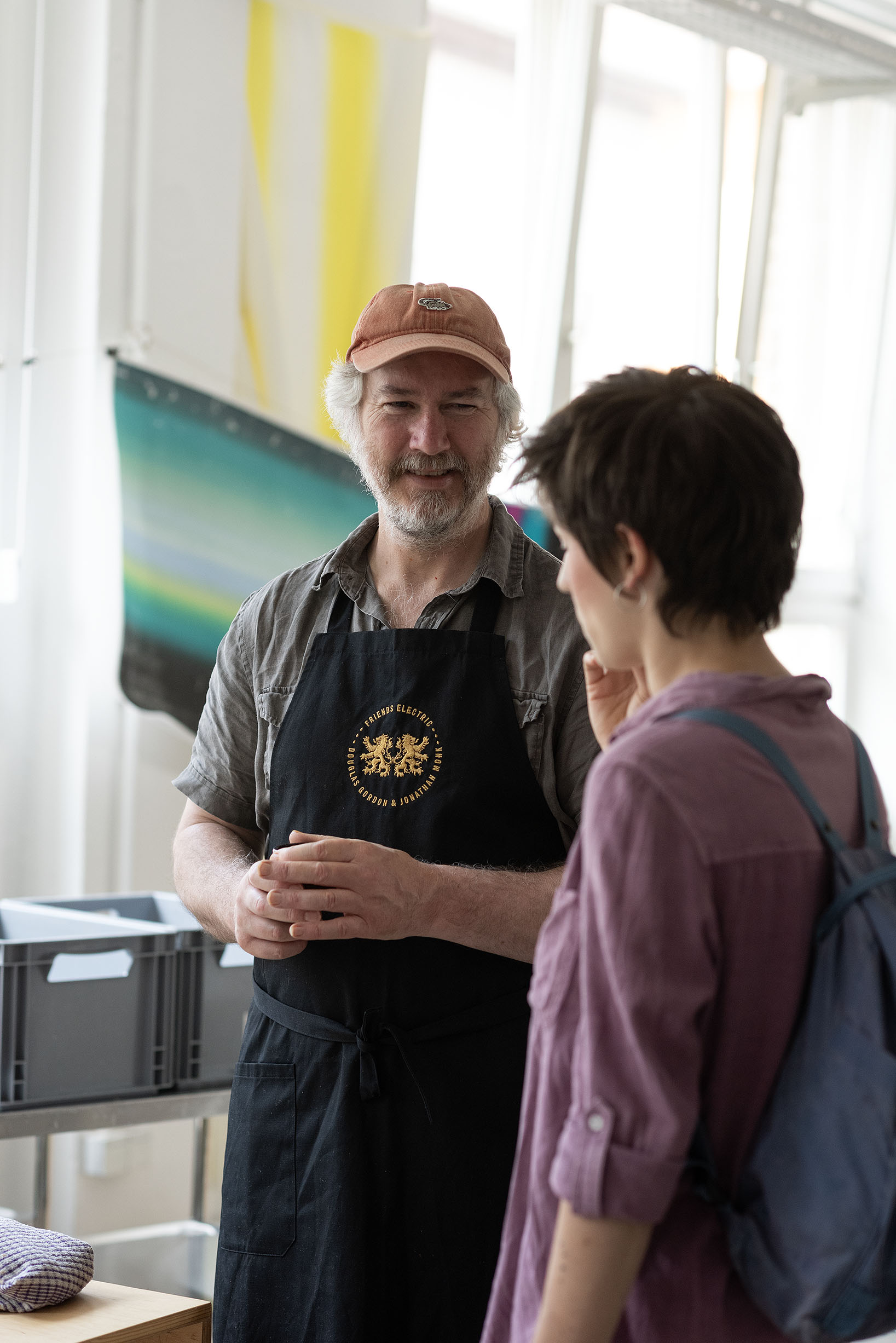
06:00pm–09:00pm
Talking Hay is an invitation to join us in the local hay we harvested to riff on hay and all it means and reveals. Haystacks are one of the icons of agrarianism and come in an astonishing variety of shapes, sizes and makeups. They are often expertly crafted objects — vernacularly engineered rural architecture — made up of layers and layers of desiccated grasses and plants, which store the transformed energy of the sun for the darker months. We will think about what goes into a haystack — what grasses and flowers, but also what embedded knowledge. Stacking hay in the second storey of the Künstlerhaus makes a haystack at once a shifter, between art-historical conventions of representation the countryside, and a signifier — like a sculpture — through which we can question what artists Kathrin Böhm and Wapke Feenstra call the ‘rural undercurrents’ of urban communities.
We won’t just talk hay though, we’ll try and get a better look, smelling it and drawing it — being in it. Followed by a light supper.
Künstlerhaus Stuttgart
Thursday, 4 July 2024
6pm – 9 pm.
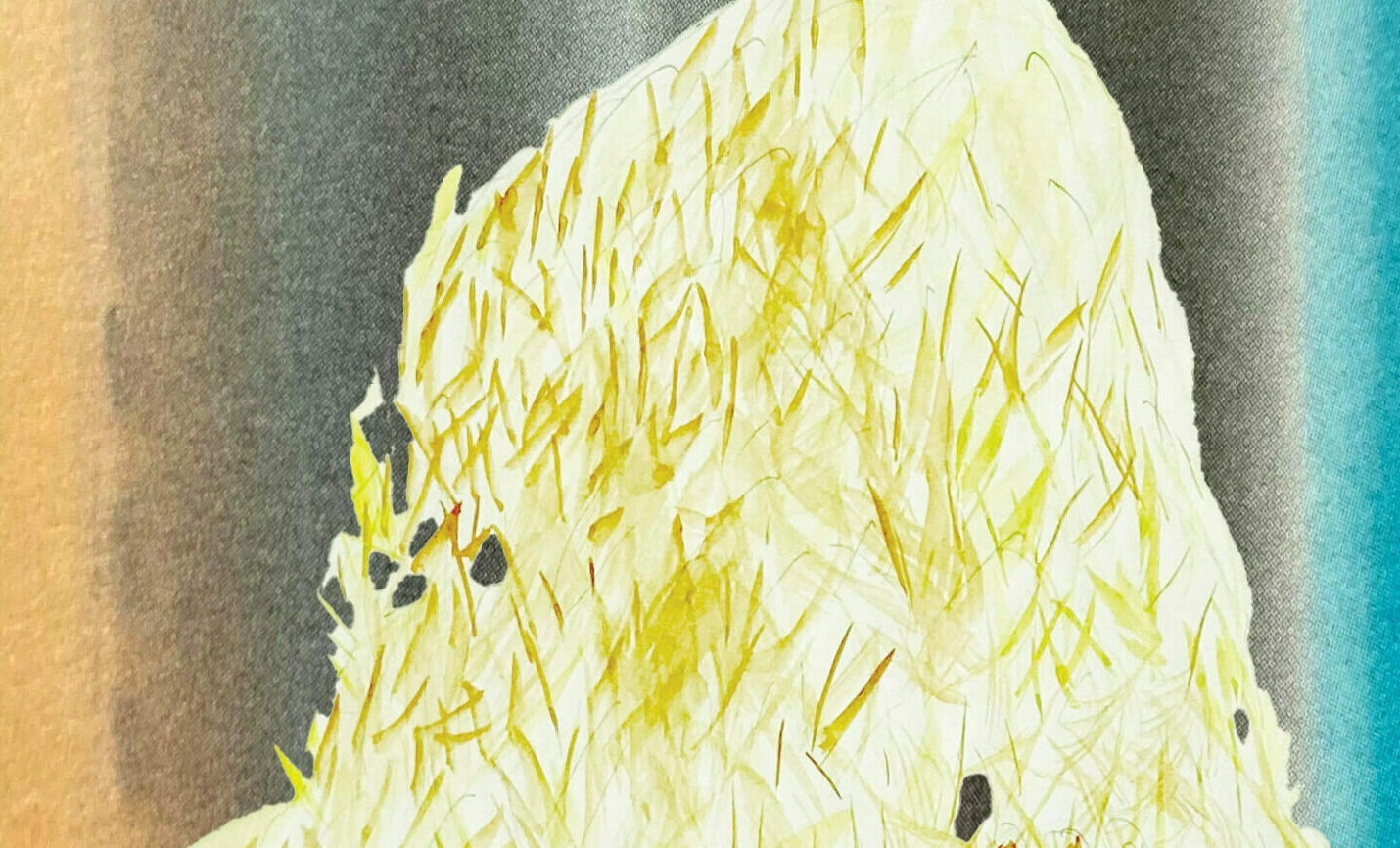
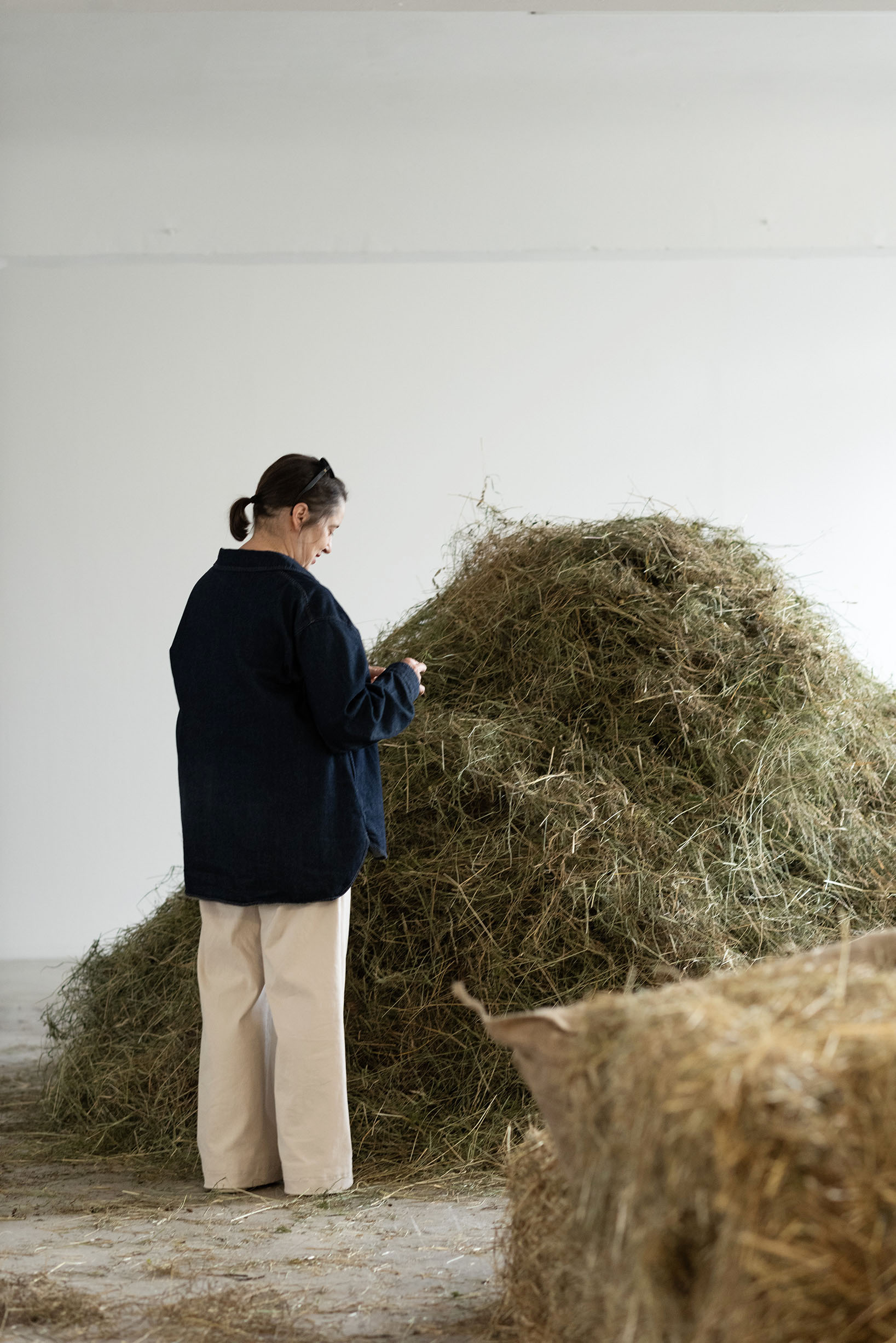
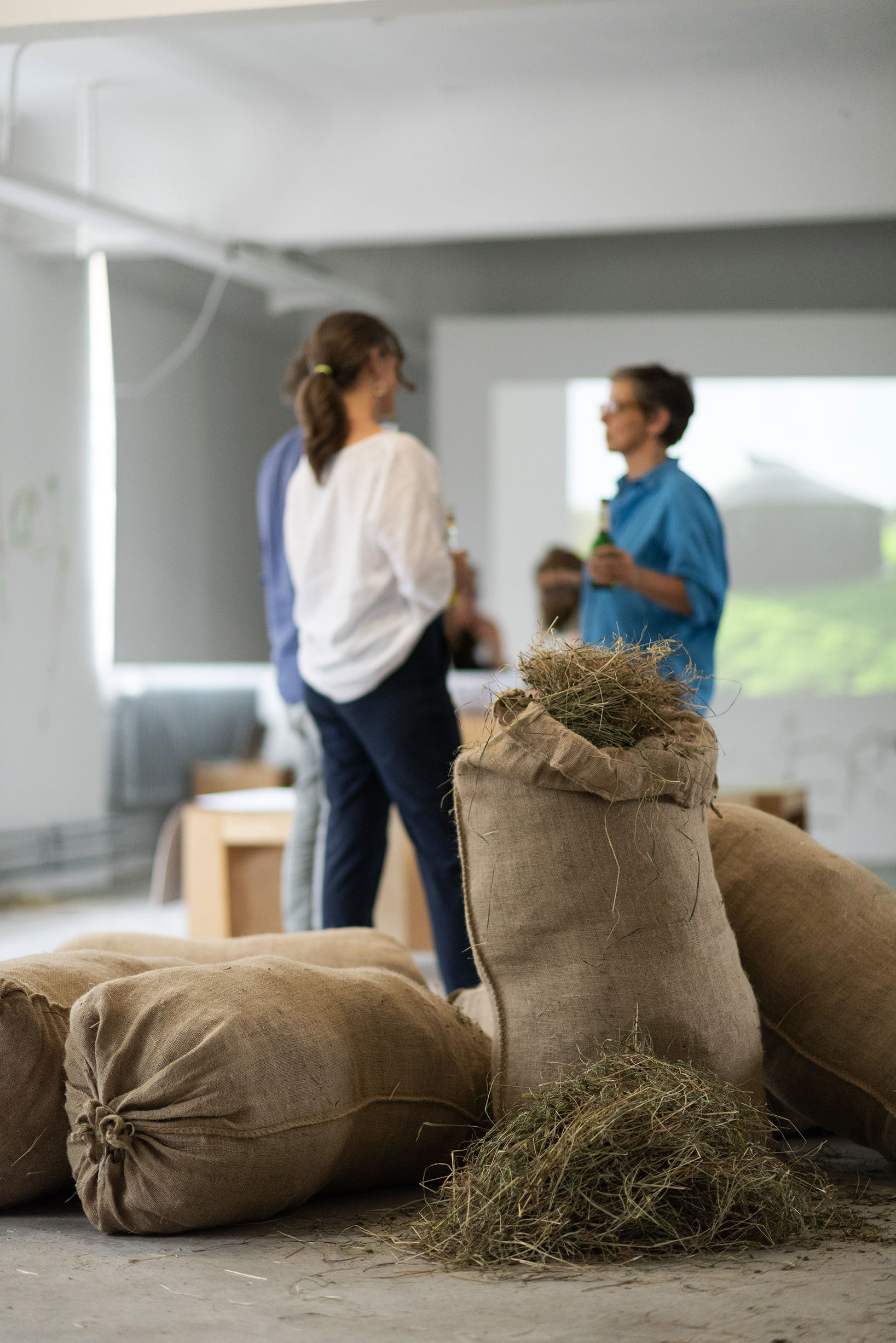

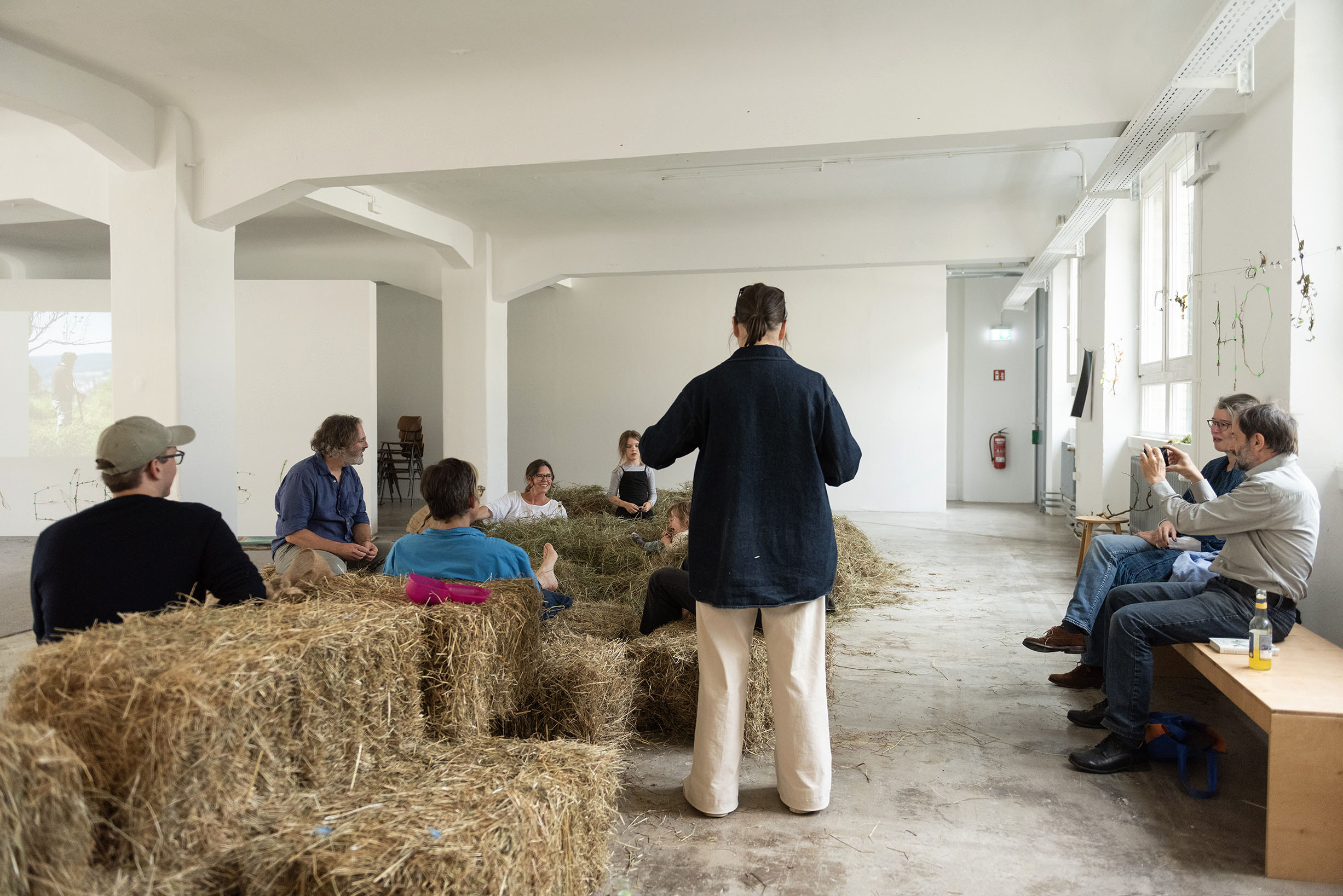
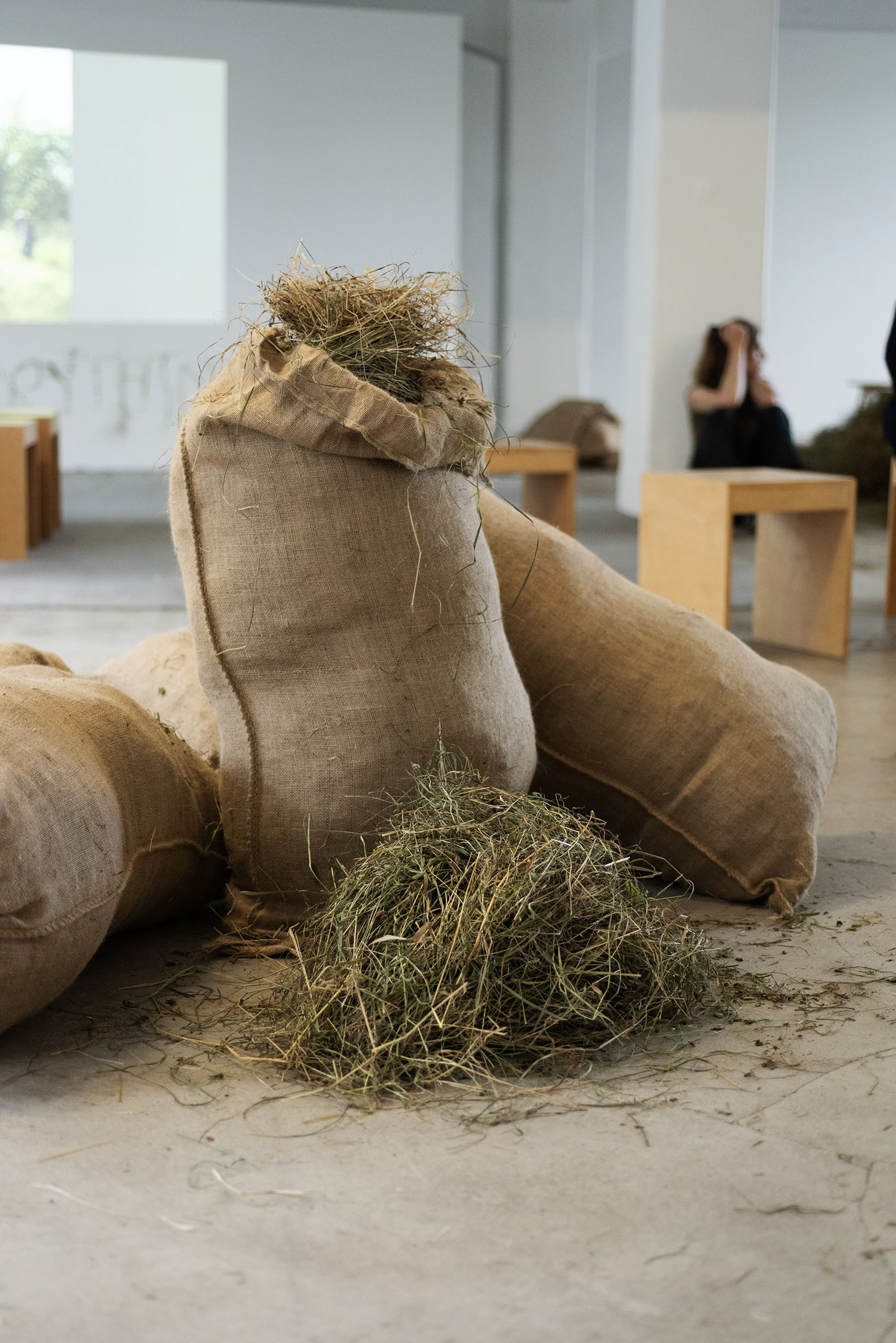
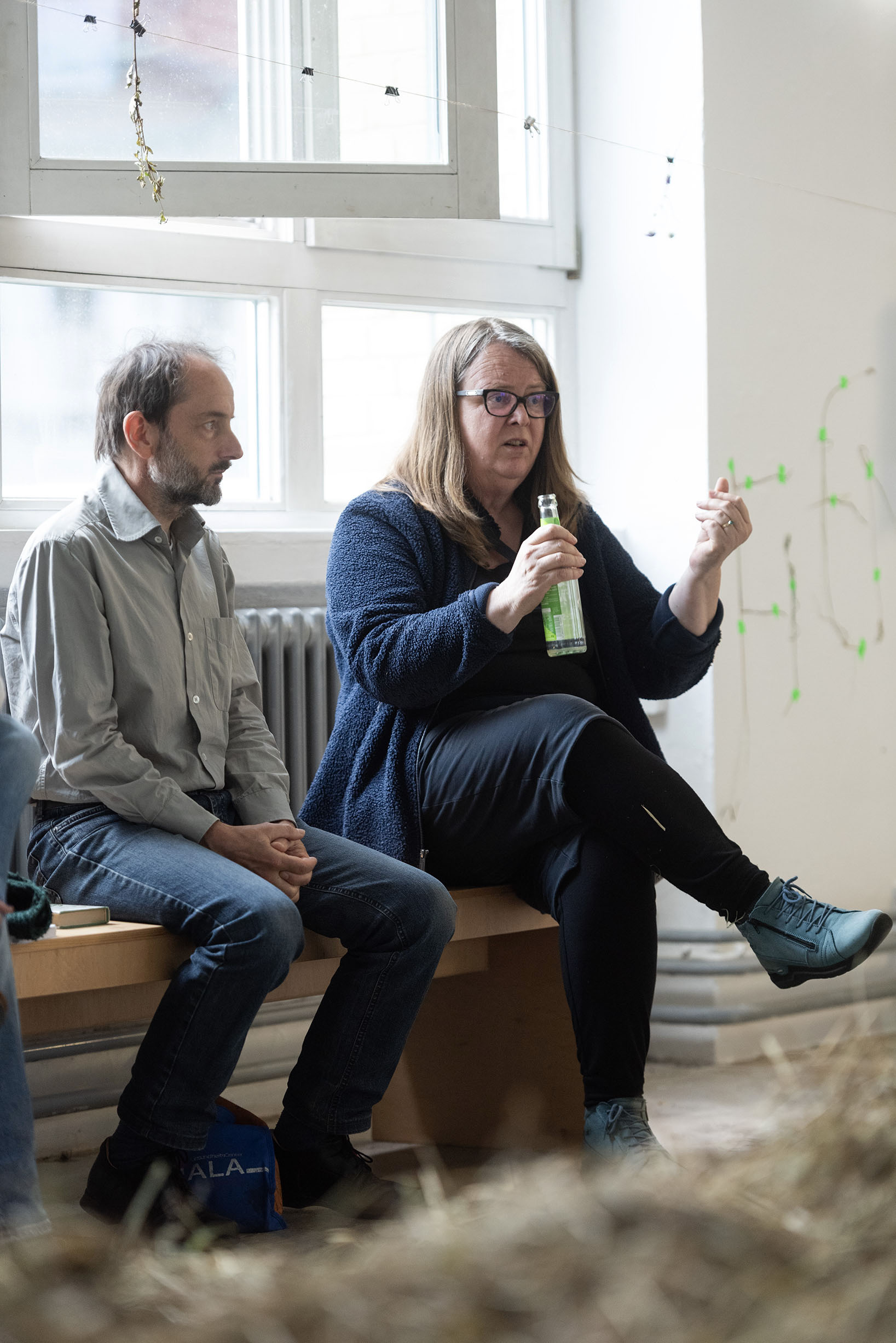
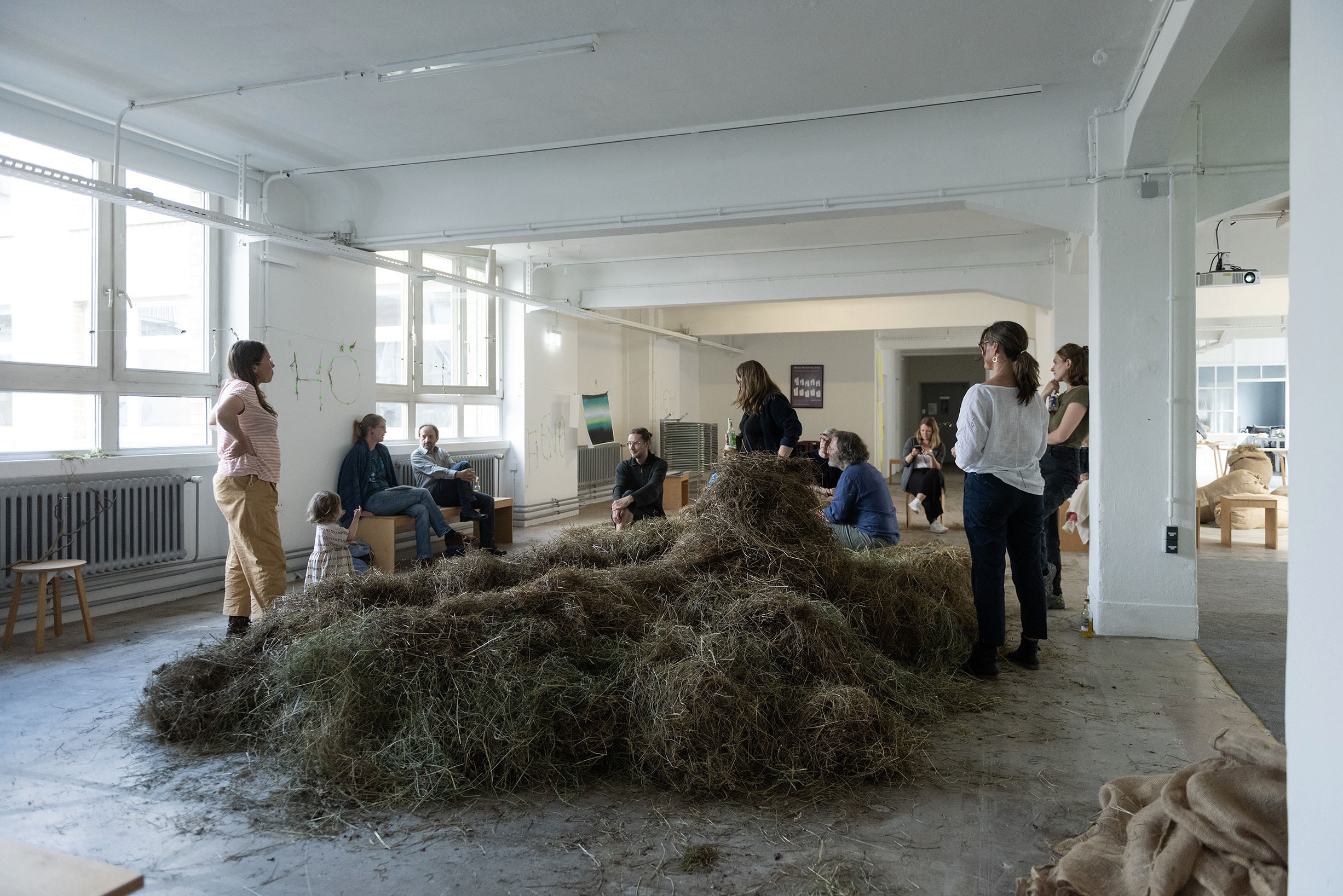
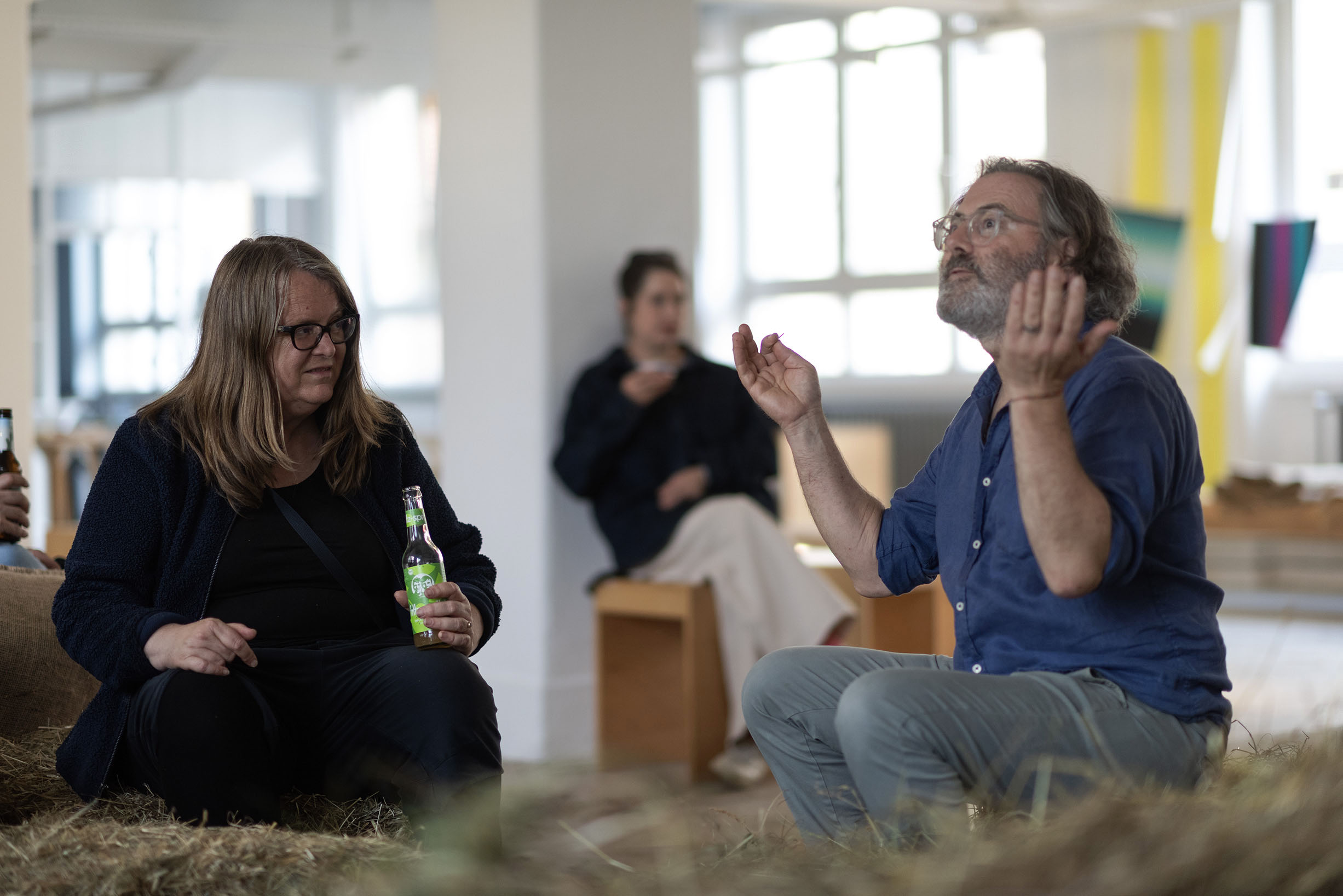

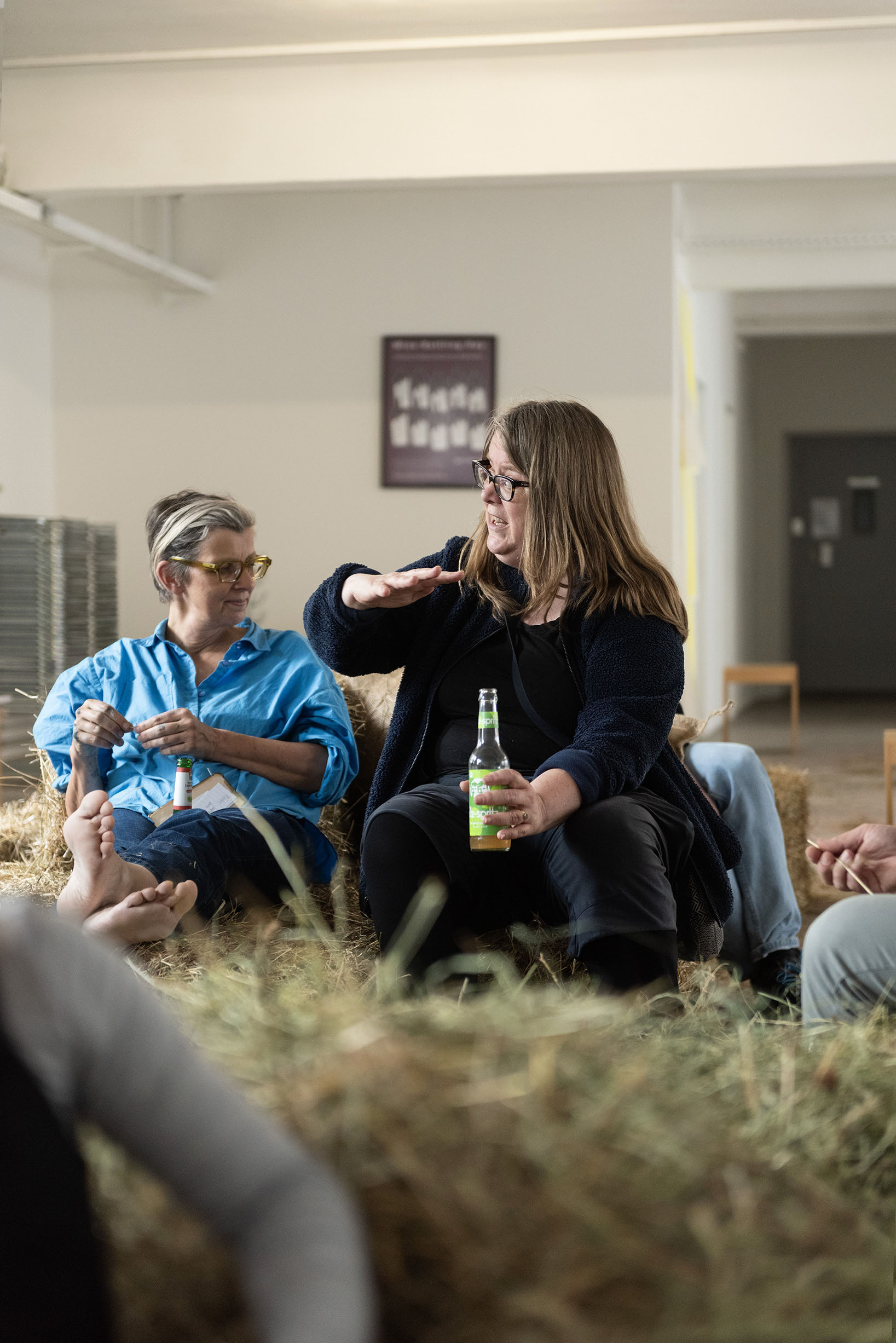
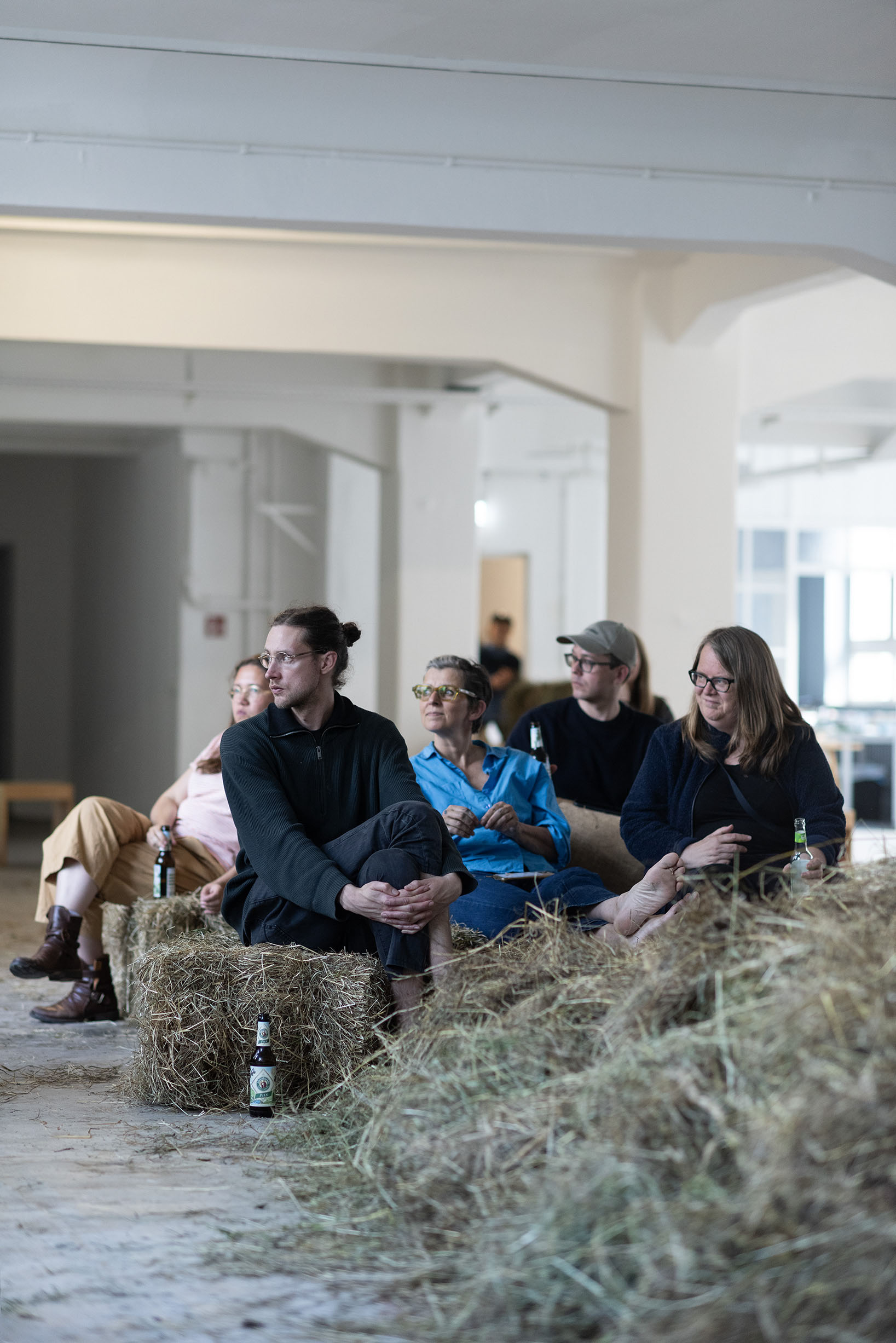

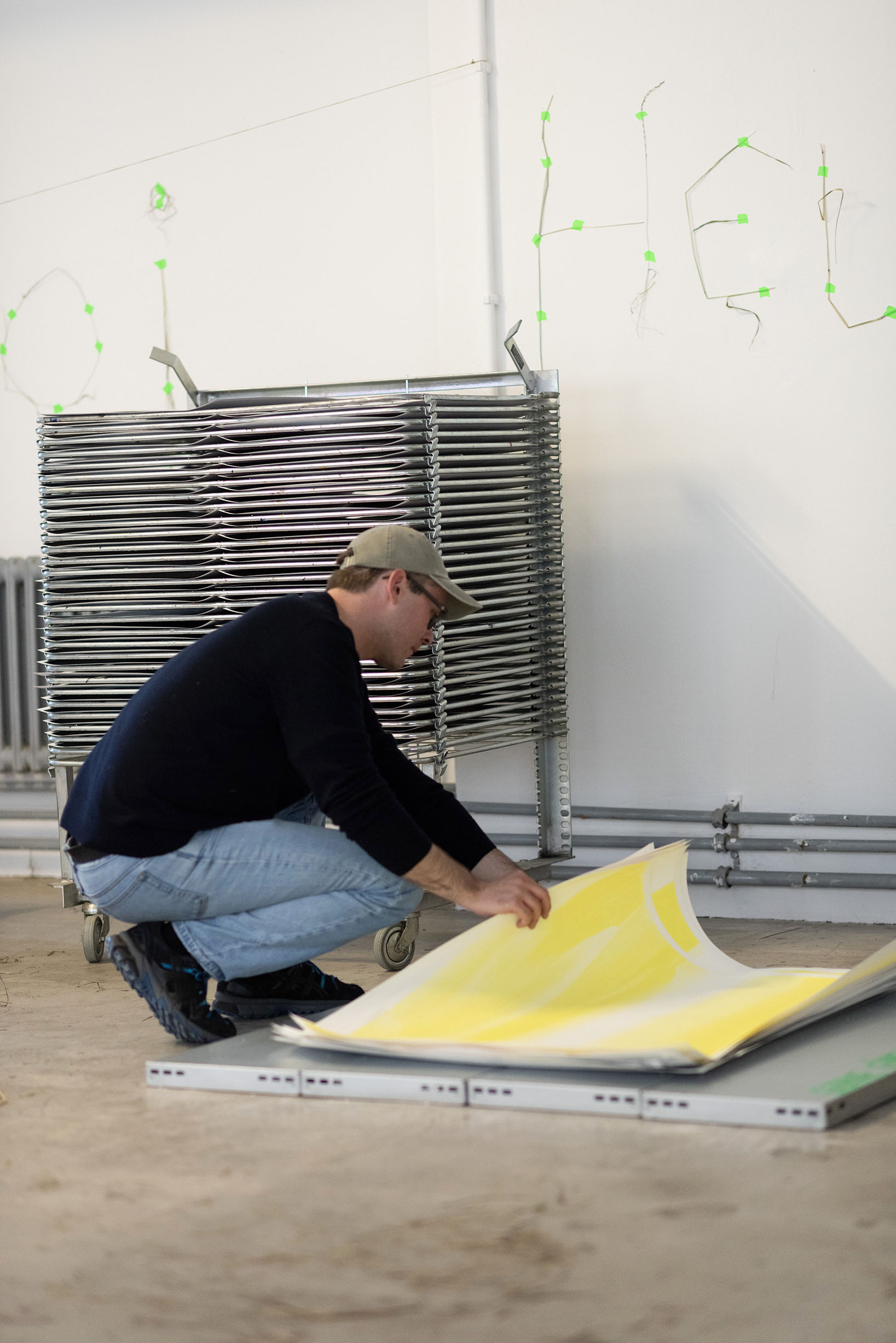
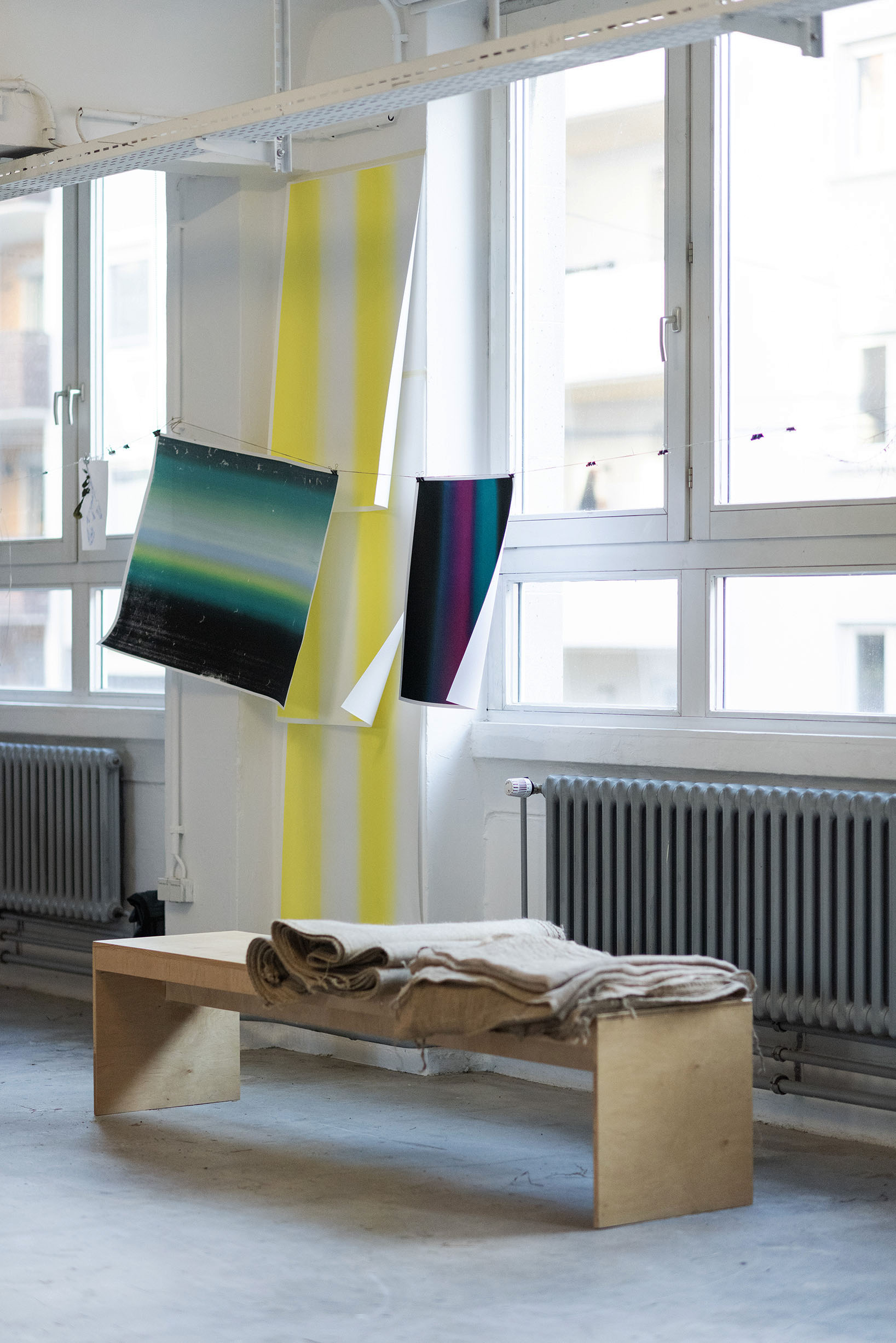
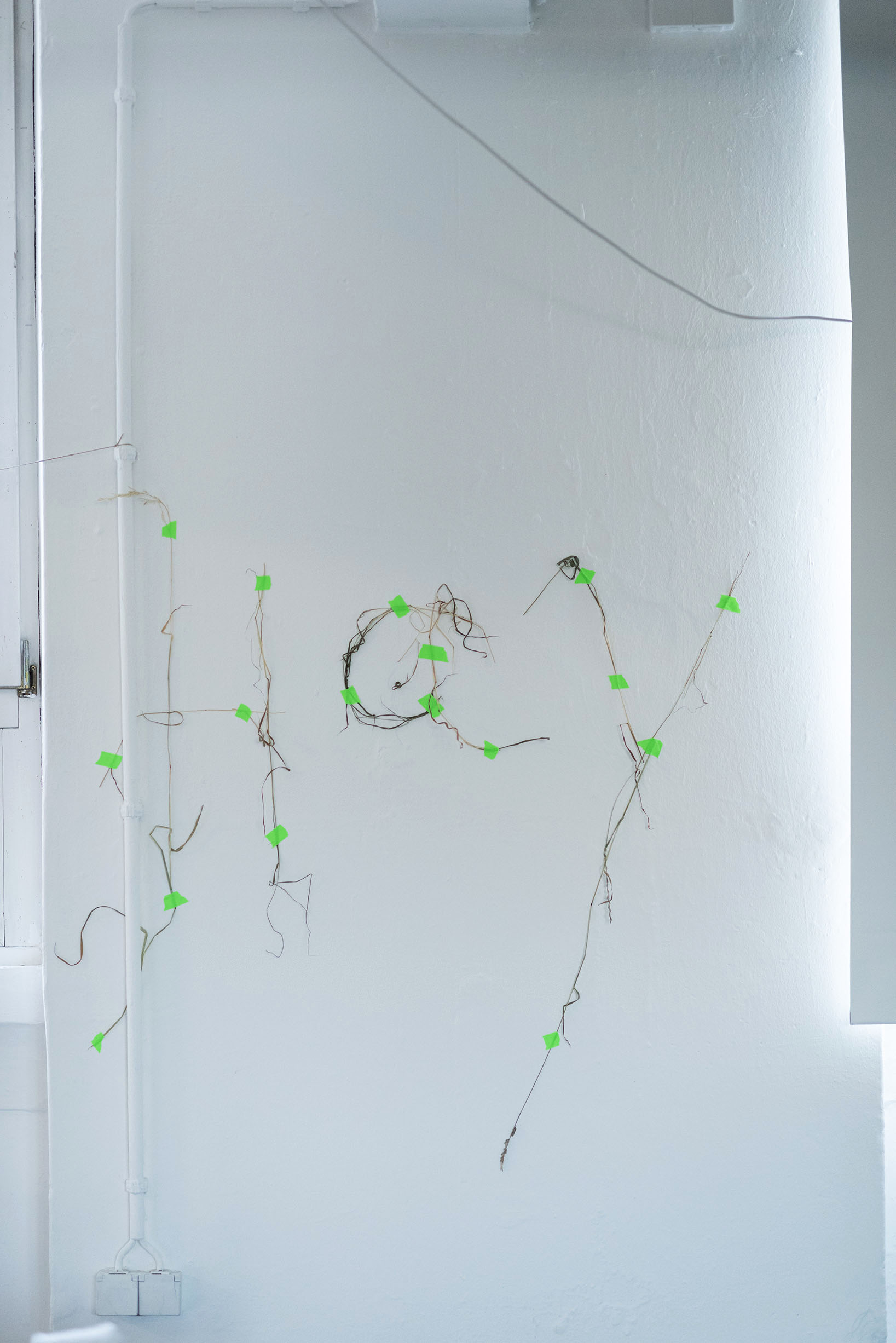

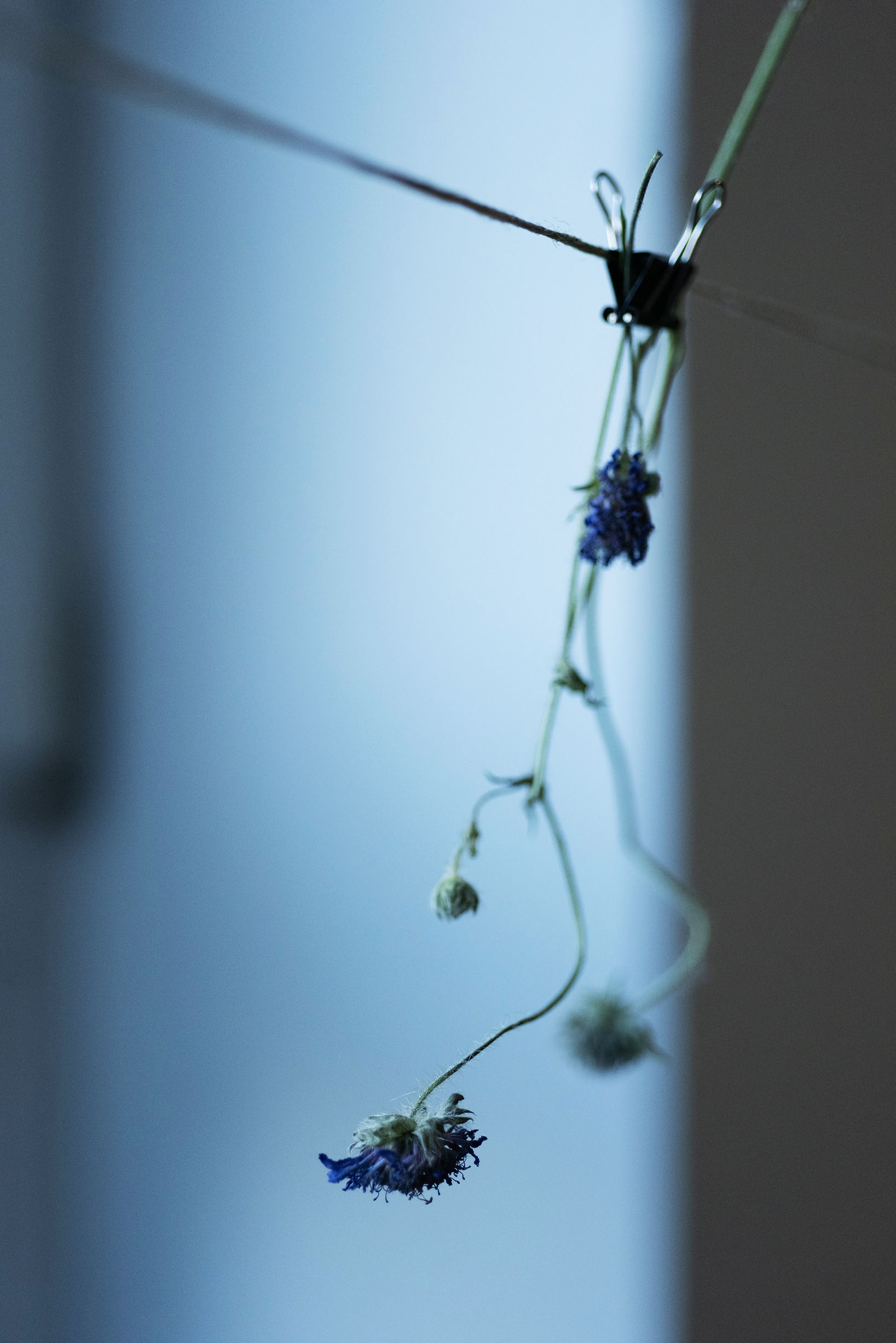
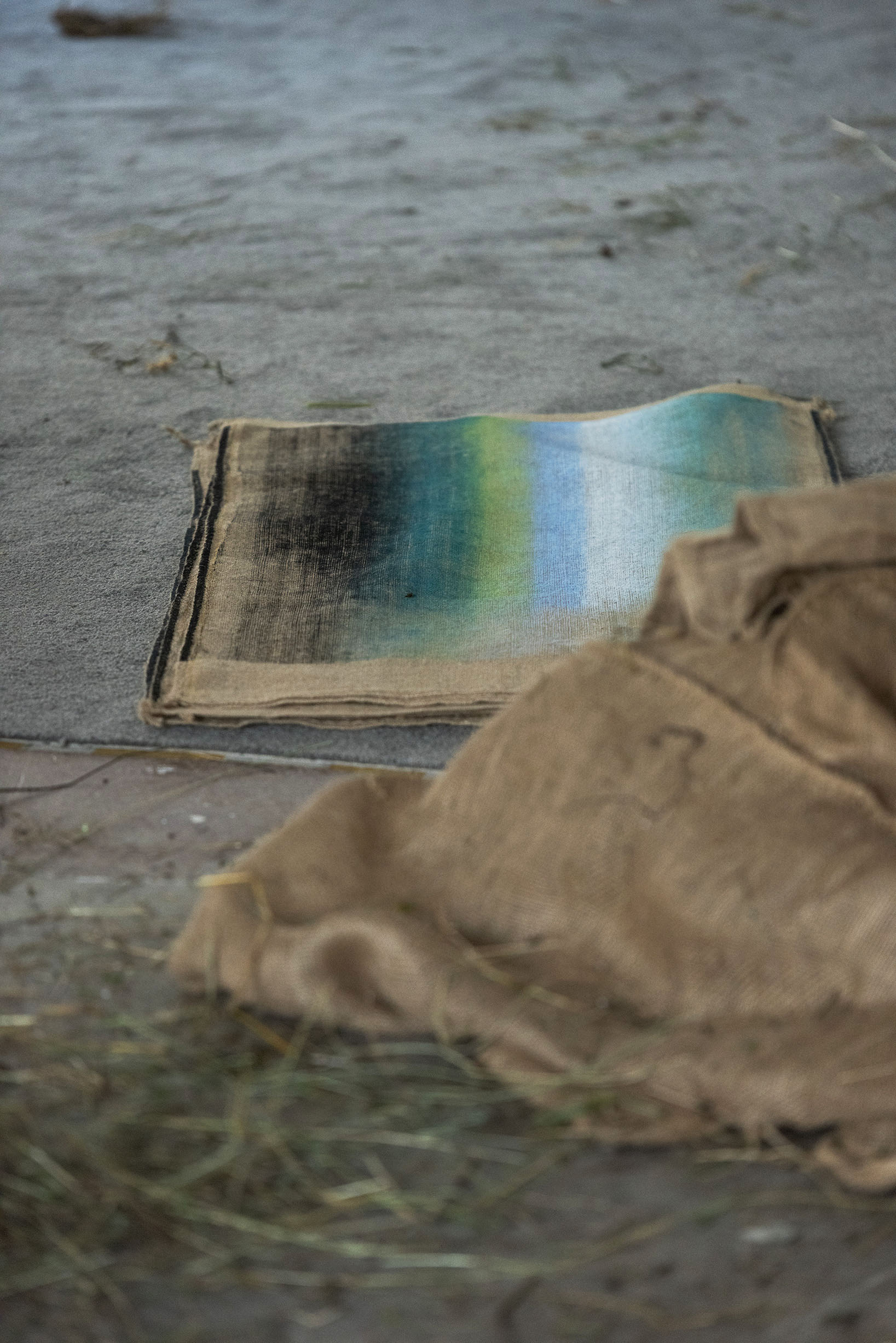
For the final moment of Rotting Hegel, Künstlerhaus Stuttgart is hosting Dialectics of Mycelium: A Banquet, where guests will enjoy a tasting menu featuring the oyster mushrooms cultivated in the pages of Hegel’s complete works. Join us in eating the mushrooms that ate Hegel…
In early May of this year, Paris-based SPORA — a collective of human and mycelium artists and agents — set up a library-laboratory on the Künstlerhaus Stuttgart’s fourth floor, hosting a Hegel-myceliation workshop. After inoculating dozens of volumes of the Hegel library with mushroom spores and allowing them to incubate for several weeks in the dark pages of the great human philosopher, fructification began in early June as mushrooms began sprouting out from the books on the shelves with baroque abandon.
Materially speaking, the cellulose of the books’ pages provided an ideal substrate for the fungi to flourish, yielding a phenomenal harvest of magnificent oyster mushrooms, nourished on an exclusively Hegelian diet. However, farming philosophy in this way leads to unexpected insights. Mycelium, it seems, has discerning tastes and no lack of wit — and apparently it did not take to all of the enlightenment thinker’s musings indiscriminately, and found the pages on Absolute Knowledge positively unpalatable.
‘A philosopher doesn’t just sprout up like a mushroom from the earth,’ wrote Hegel famously, no doubt thinking of his own lofty world-historical mission, while showing unconcealed scorn for a life form he considered only marginally more than mineral. Today, in a dialectical inversion that Hegel could not fail to recognize, though could not have foreseen, we might note that mushrooms are indeed sprouting up like philosophers from a library. Certainly it may be said that all libraries are slowly rotting; this particular one just a little faster than others. If the Rotting Hegel project can be seen as laboratory of dialectical exchange between the unreconciled energies of the most powerful philosophical system of modernity and those of one of the Earth’s oldest, most resilient — and for humans — most cryptic life forms, how can the act of devouring the outcome of that encounter be understood? Perhaps as an opportunity to literally digest and assimilate Hegel by digesting and assimilating the mushrooms that digested and assimilated his works…
A project by SPORA.
Info
Saturday, June 22, 2024, 7 pm
in the Künstlerhaus, 4th floor
vegetarian 5-course menu
including wine accompaniment and non-alcoholic drinks
with speeches on Hegel und mycelia
contribution towards expenses 39 euros
Seating is limited. Reservation is necessary. RSVP at Eventbrite.
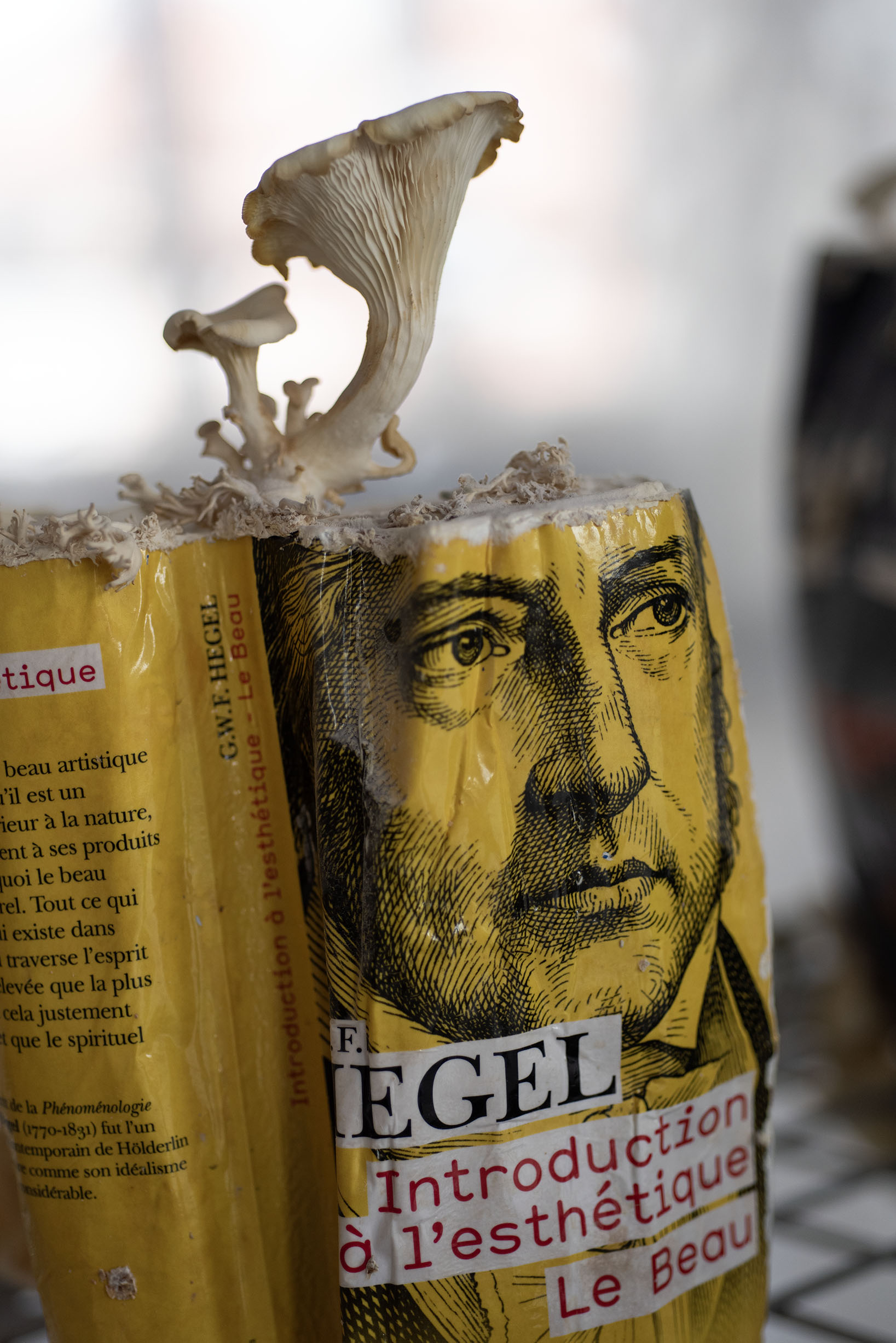
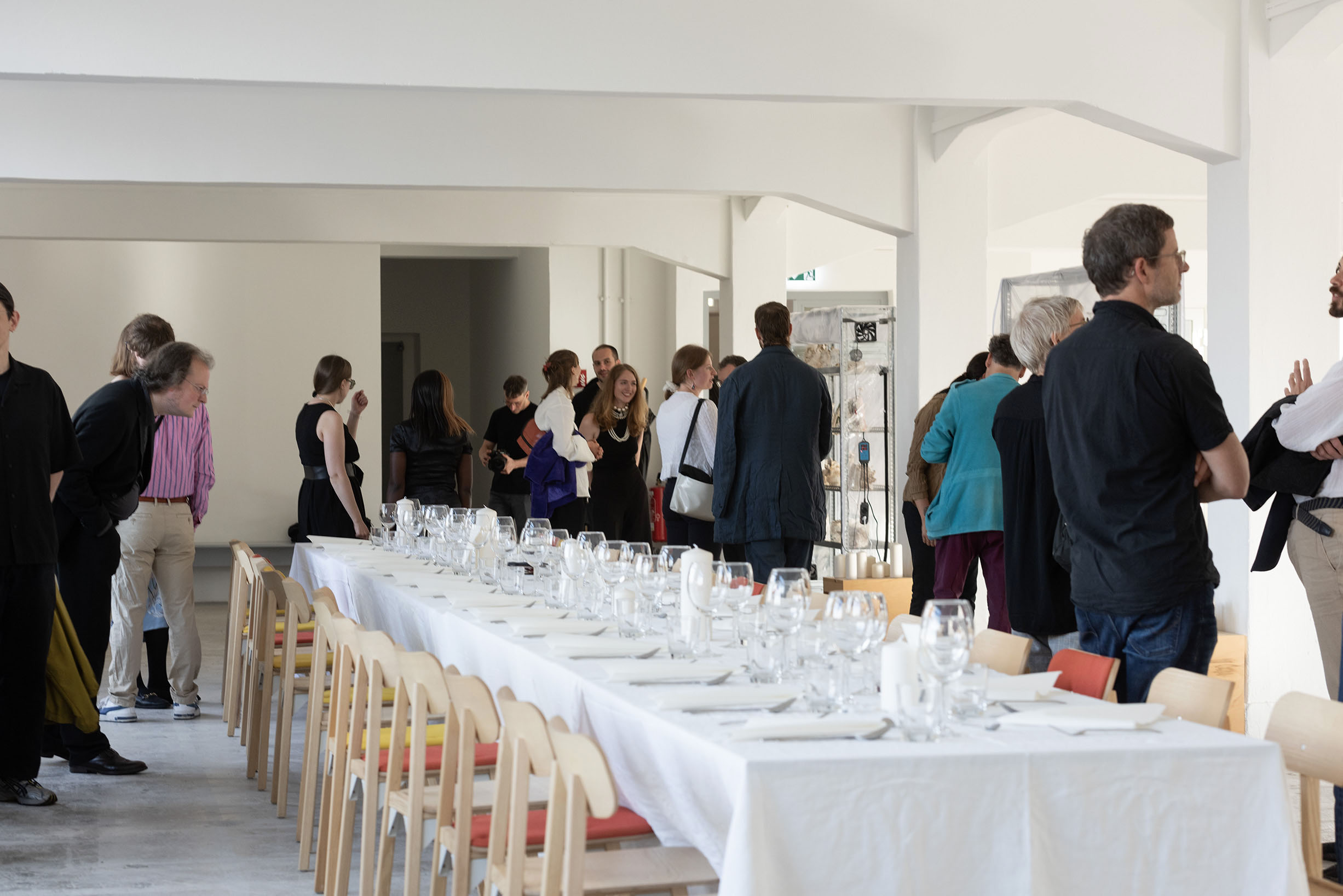
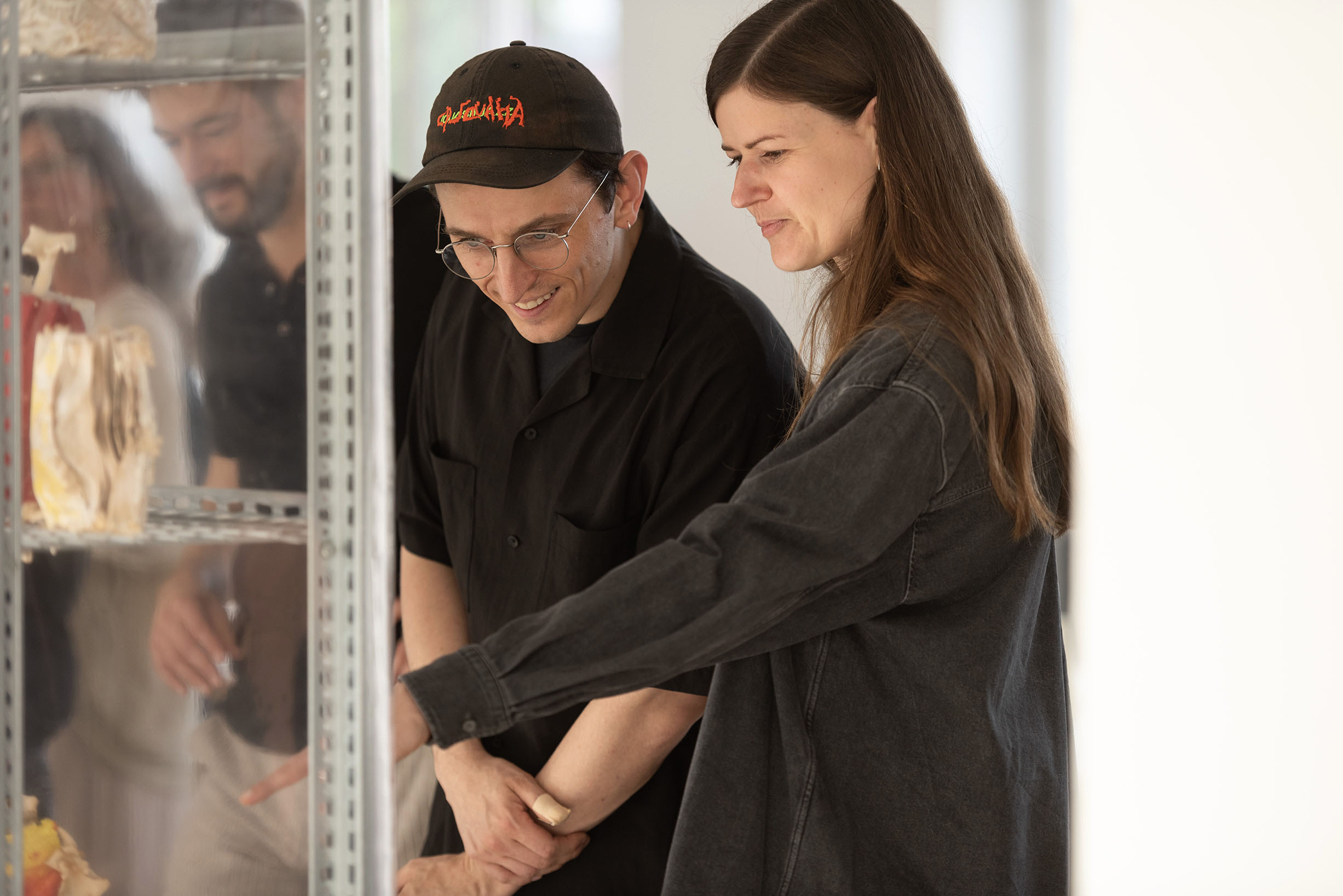
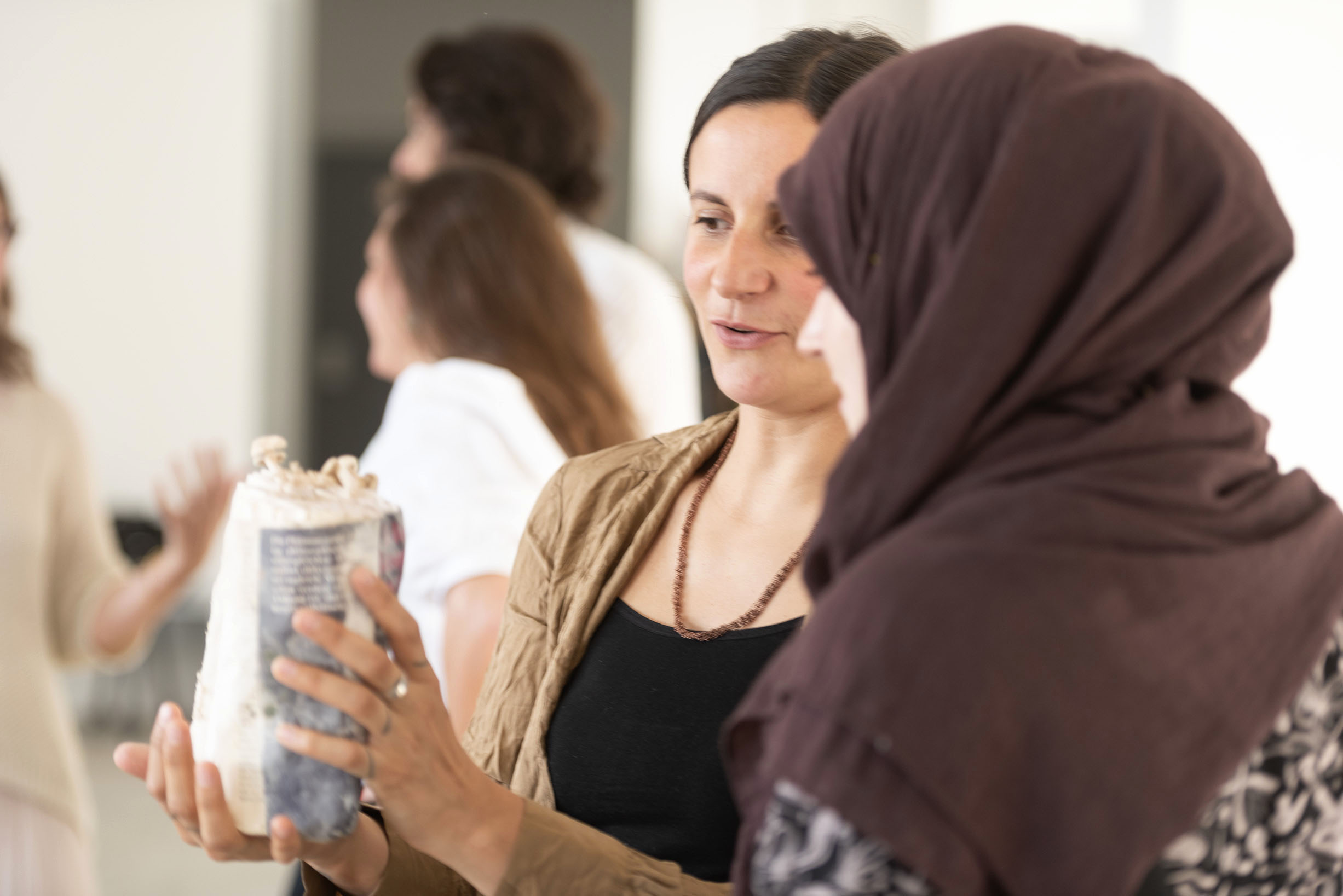
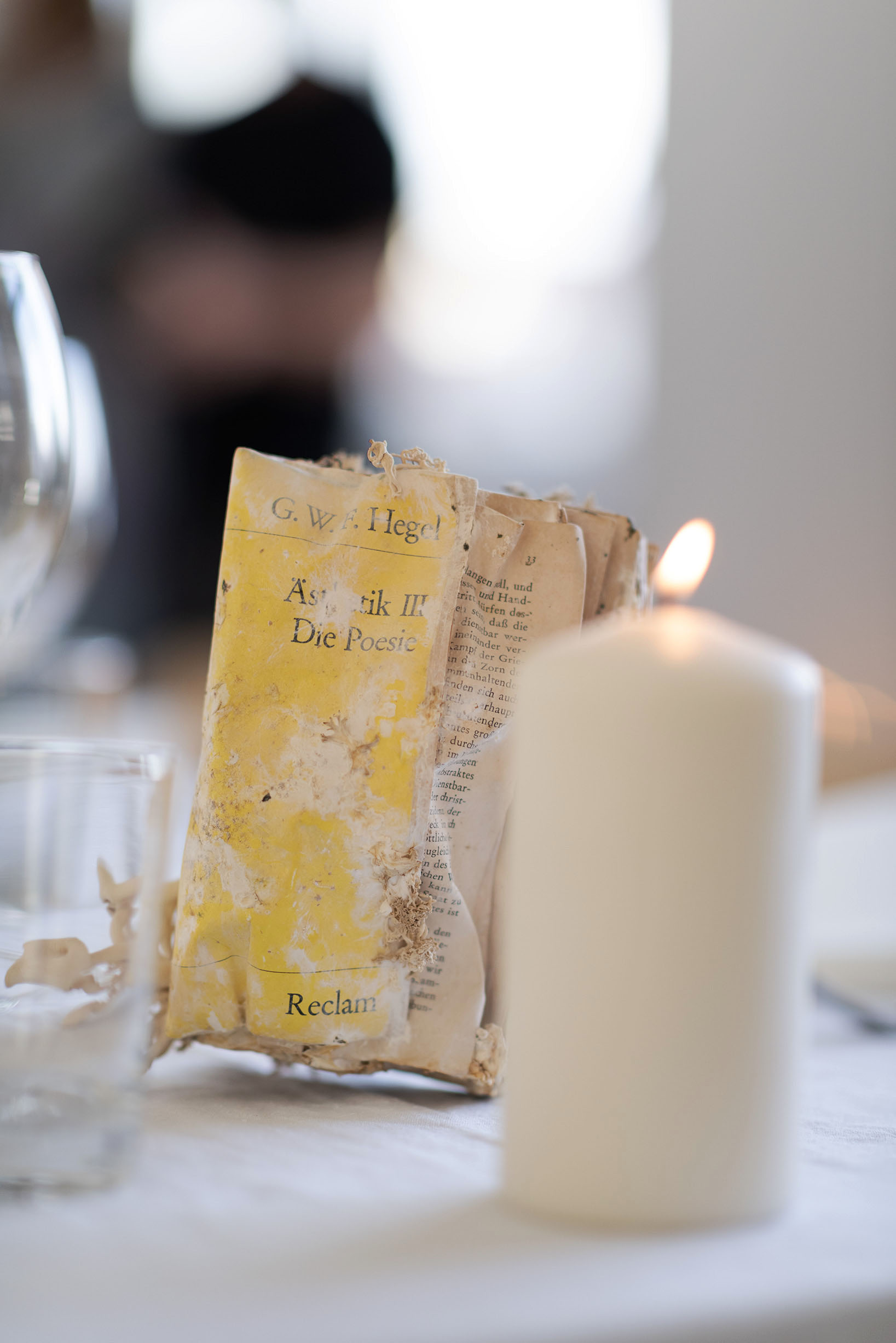

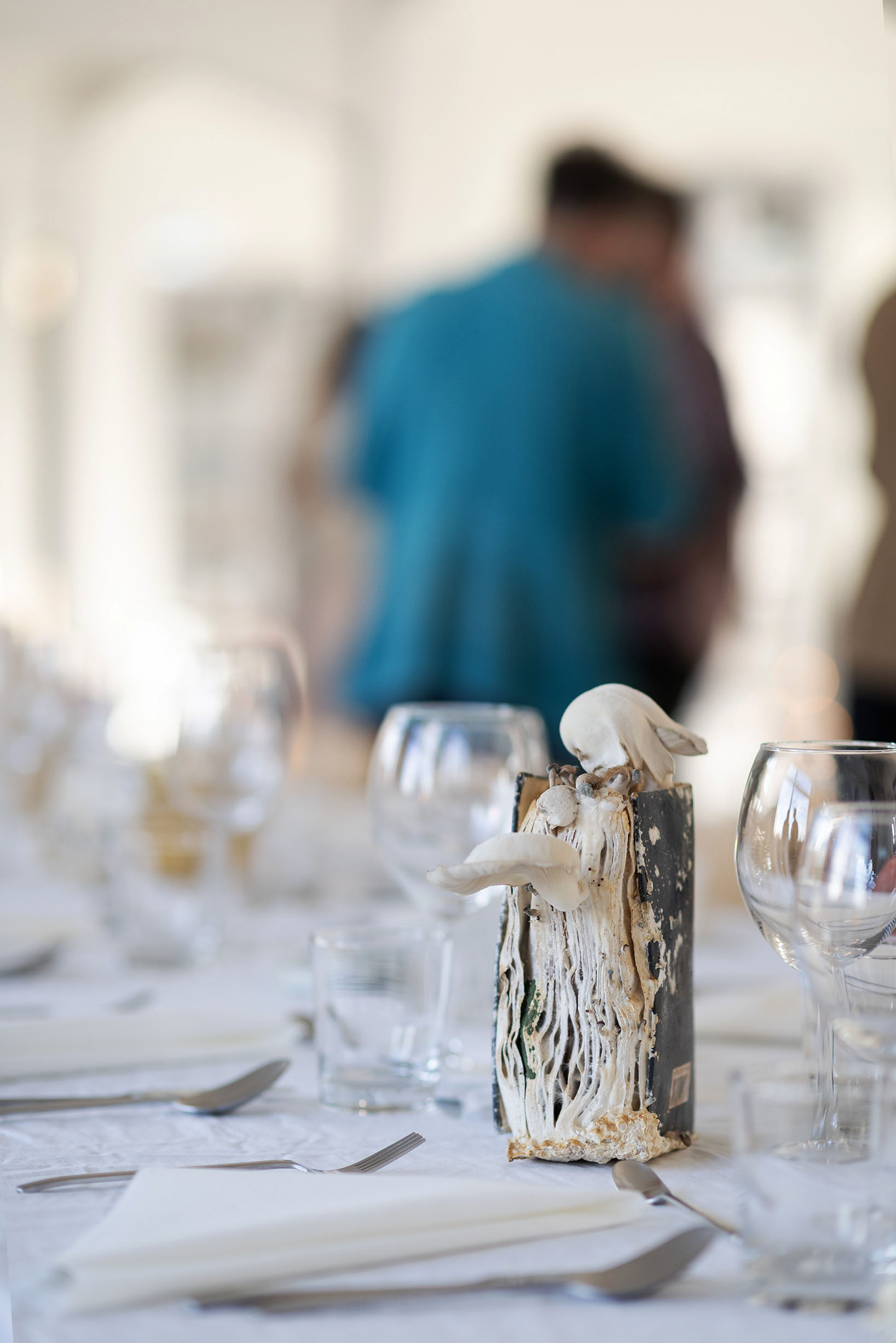

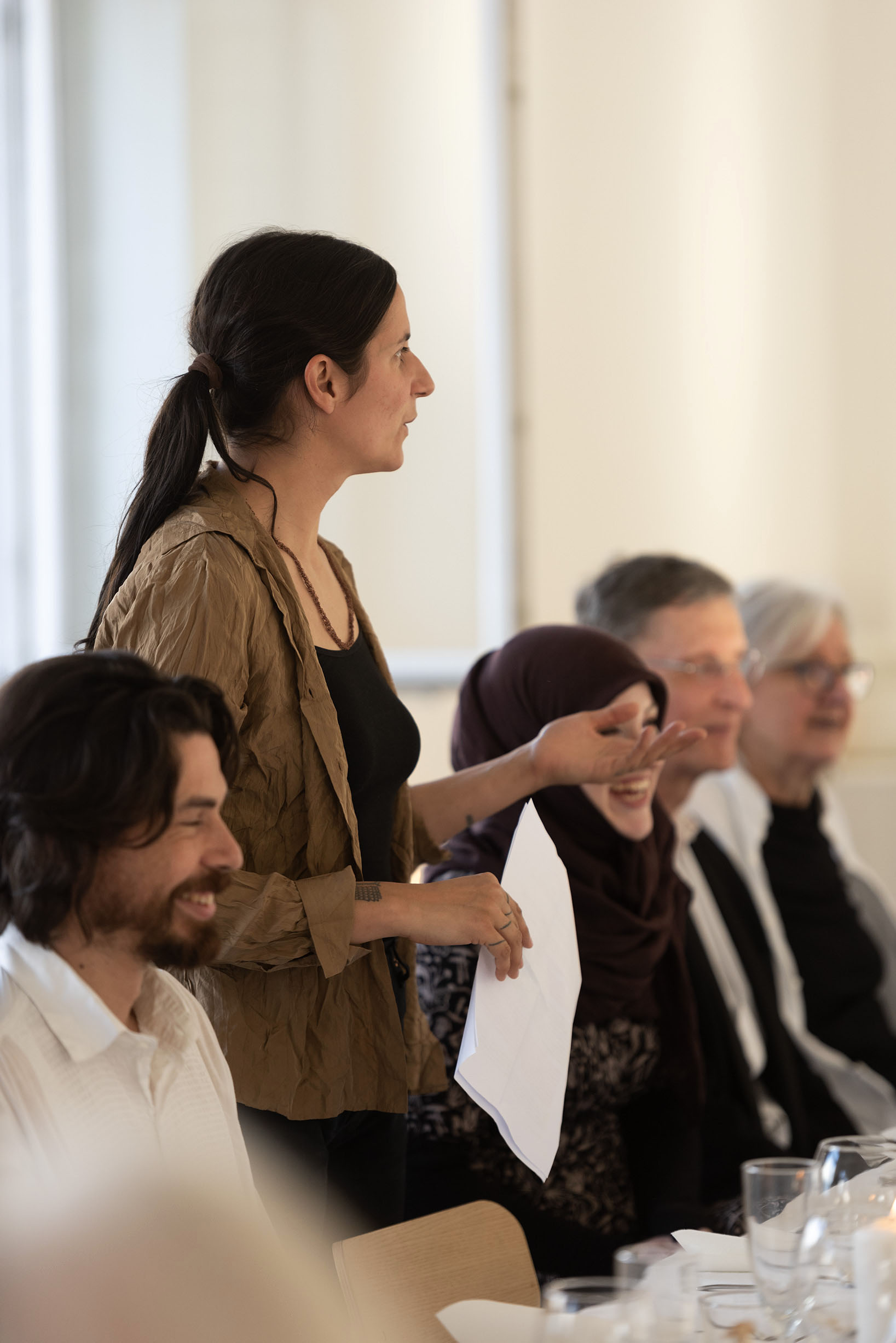
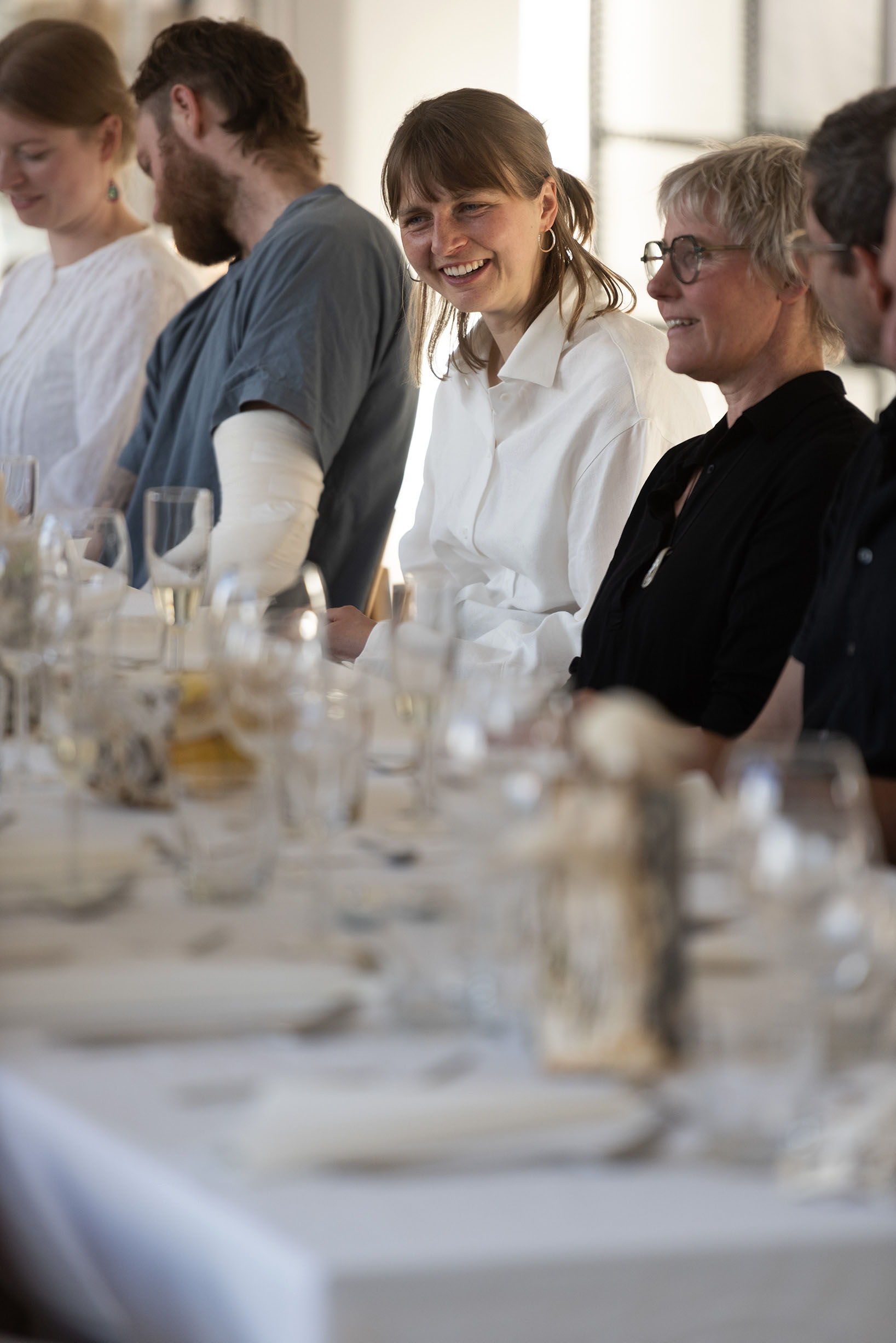

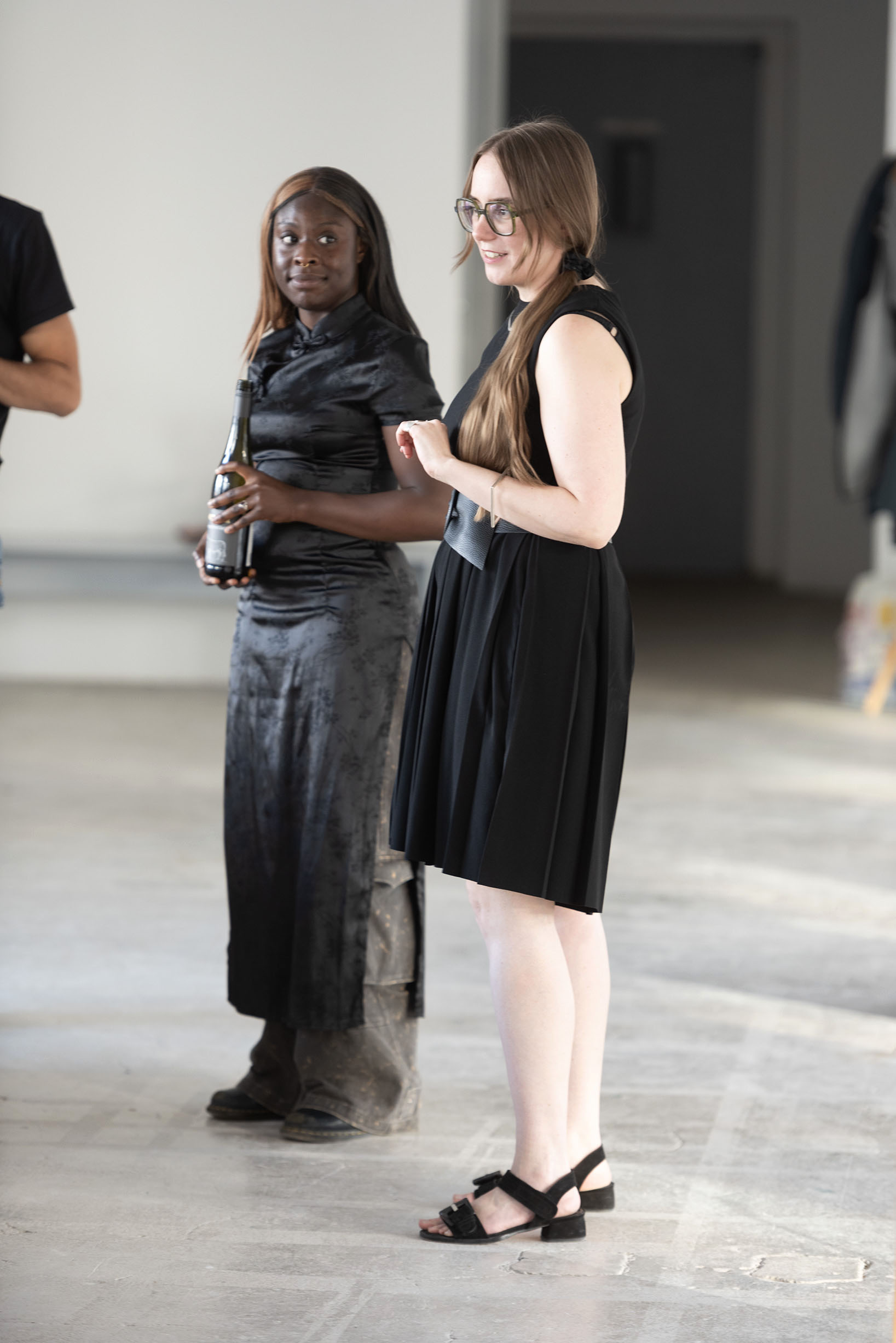
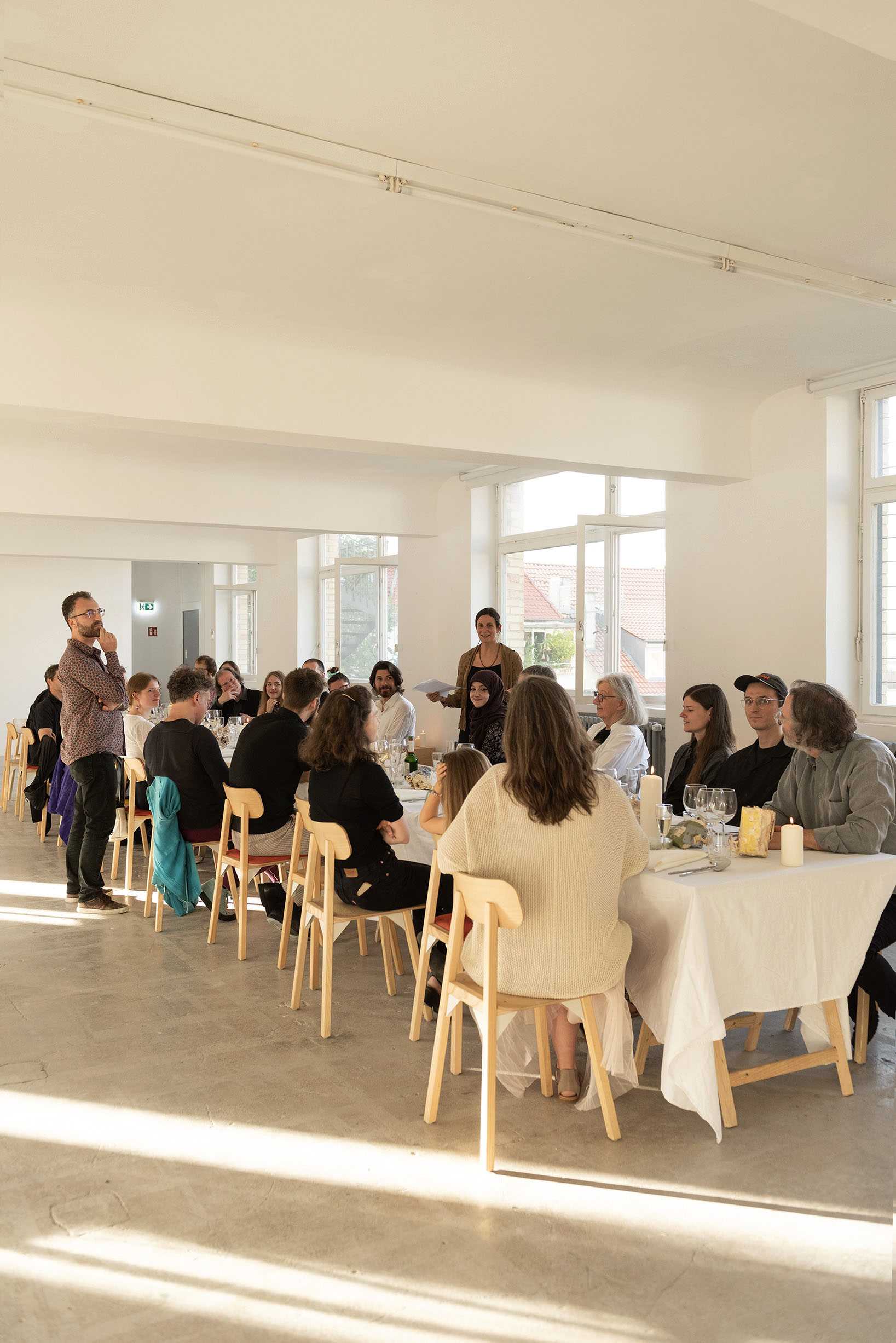


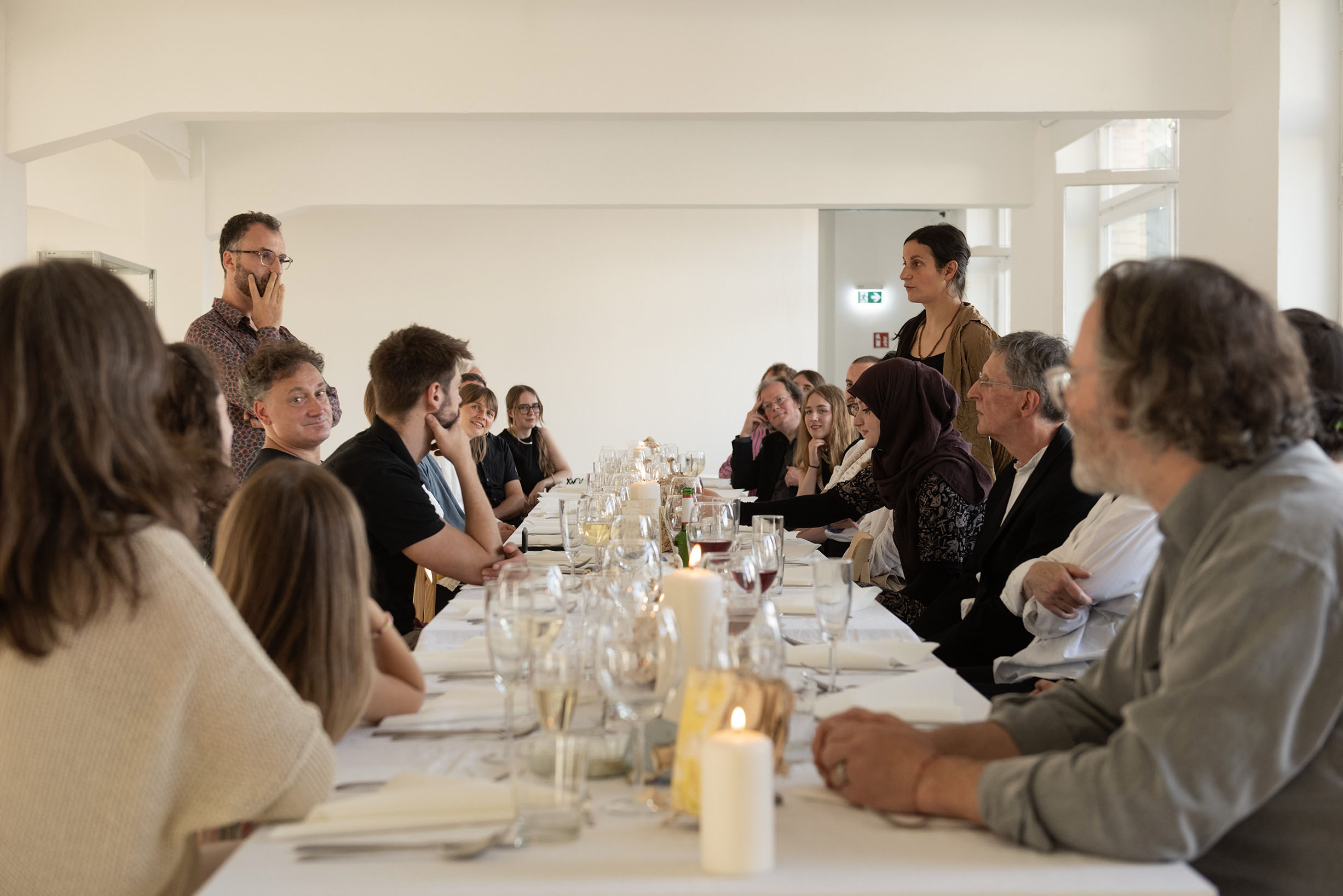

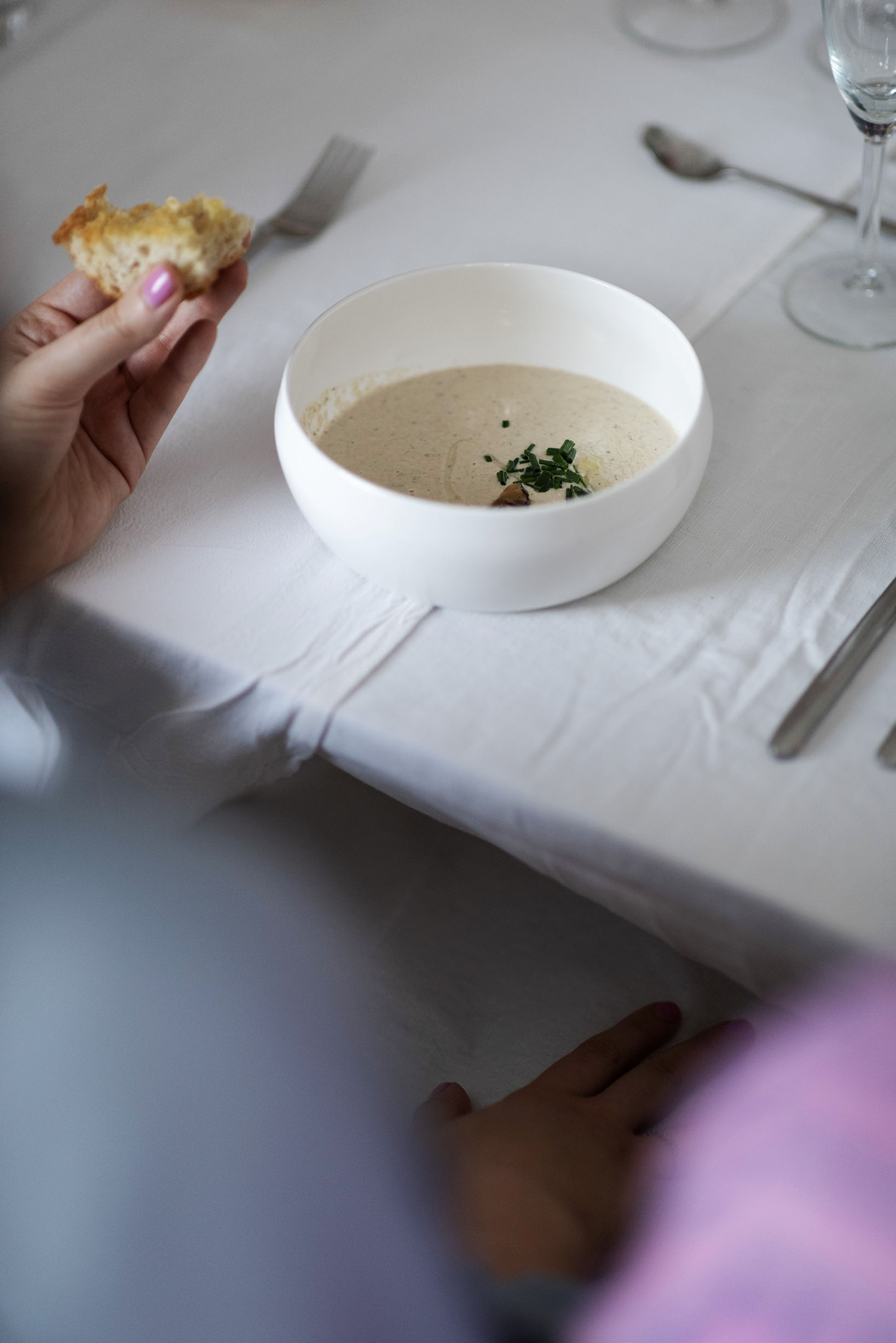
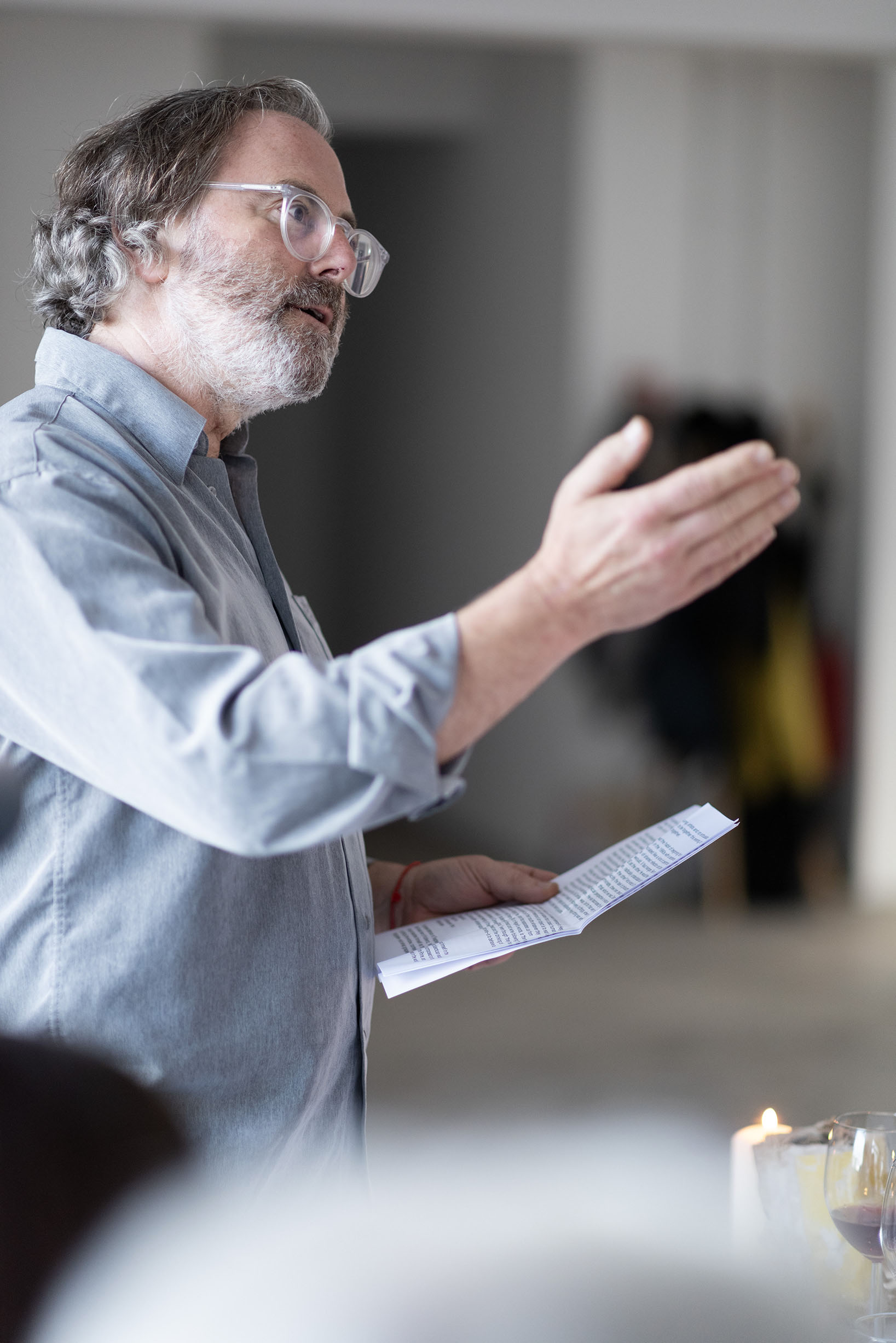
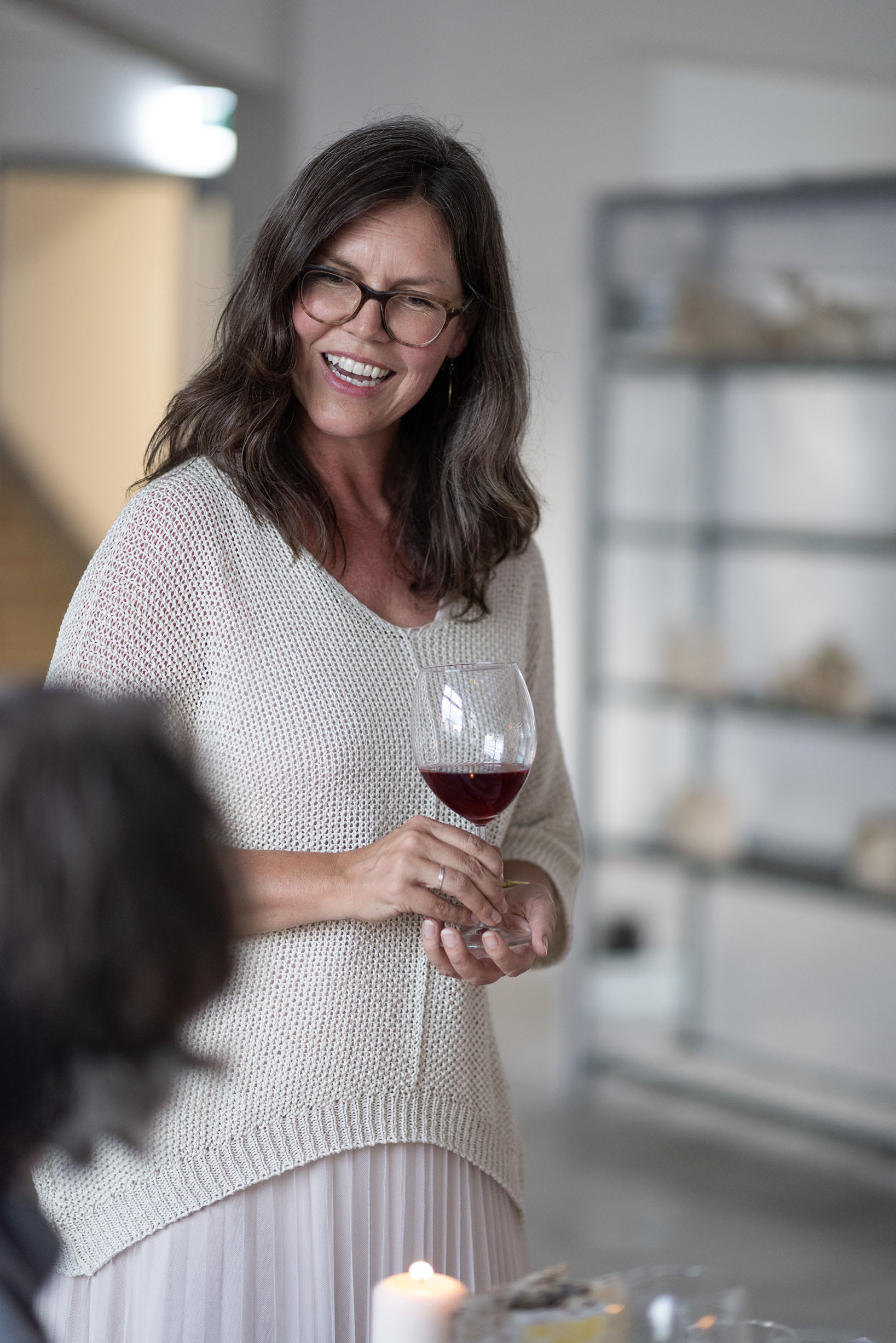

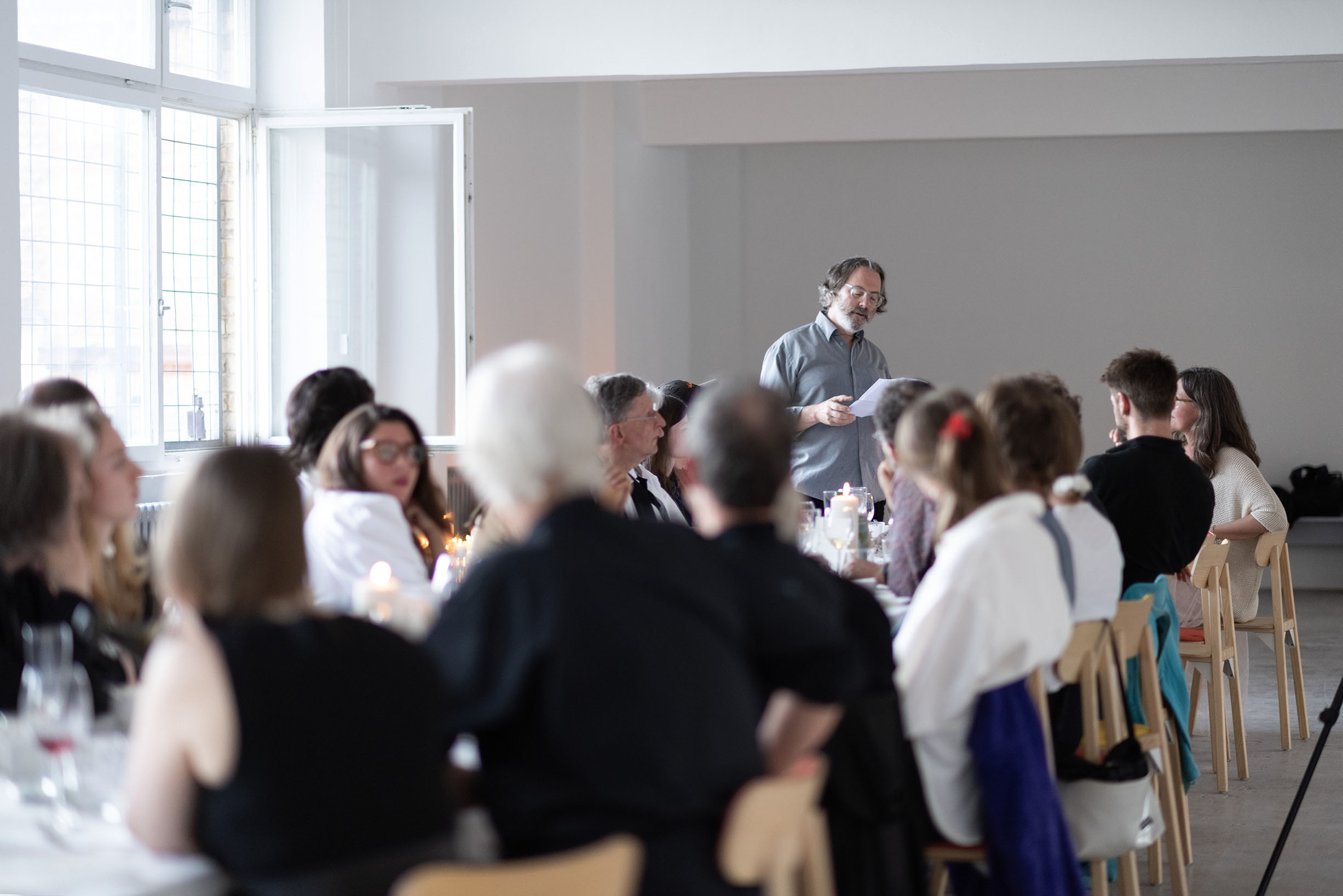

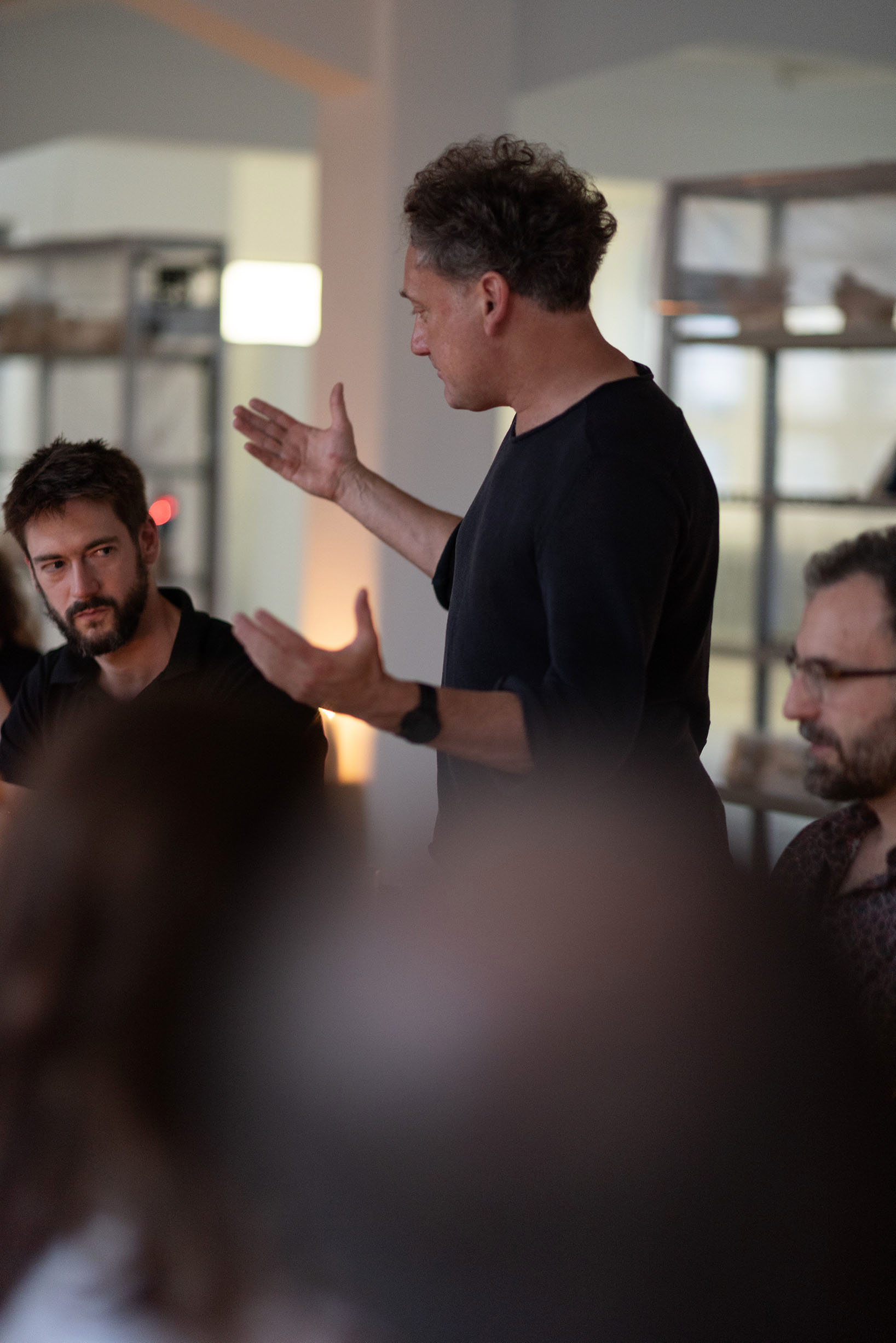

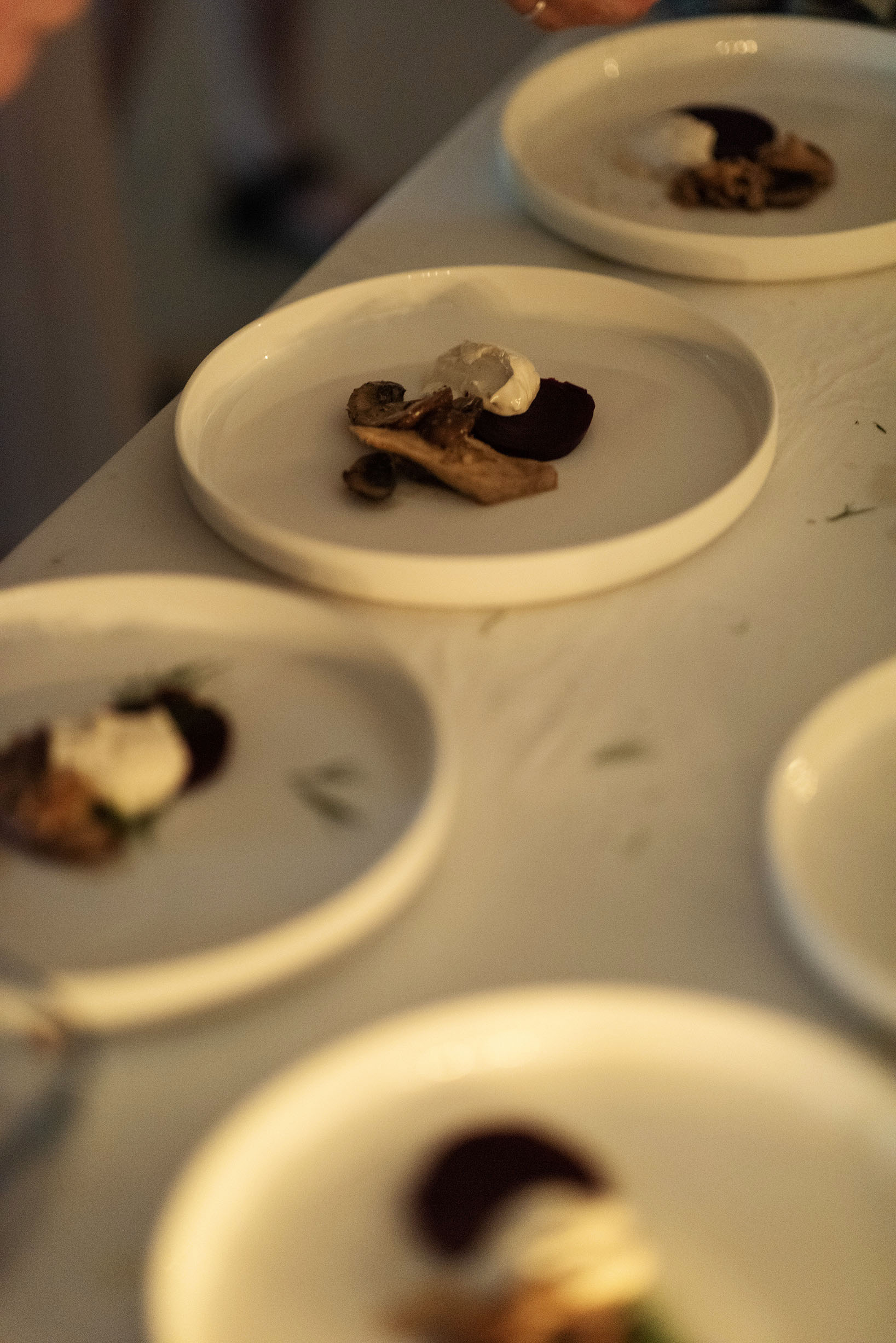


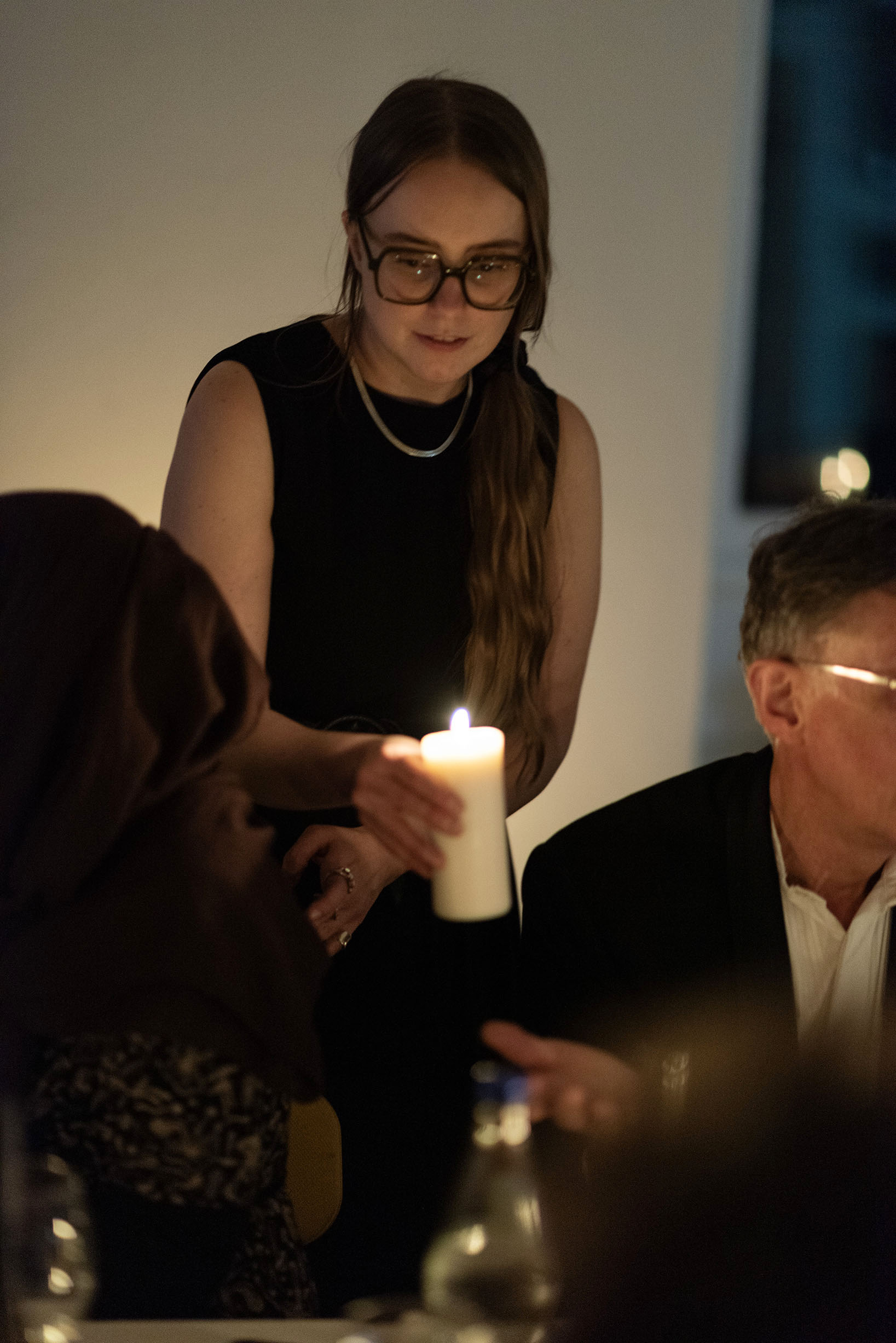

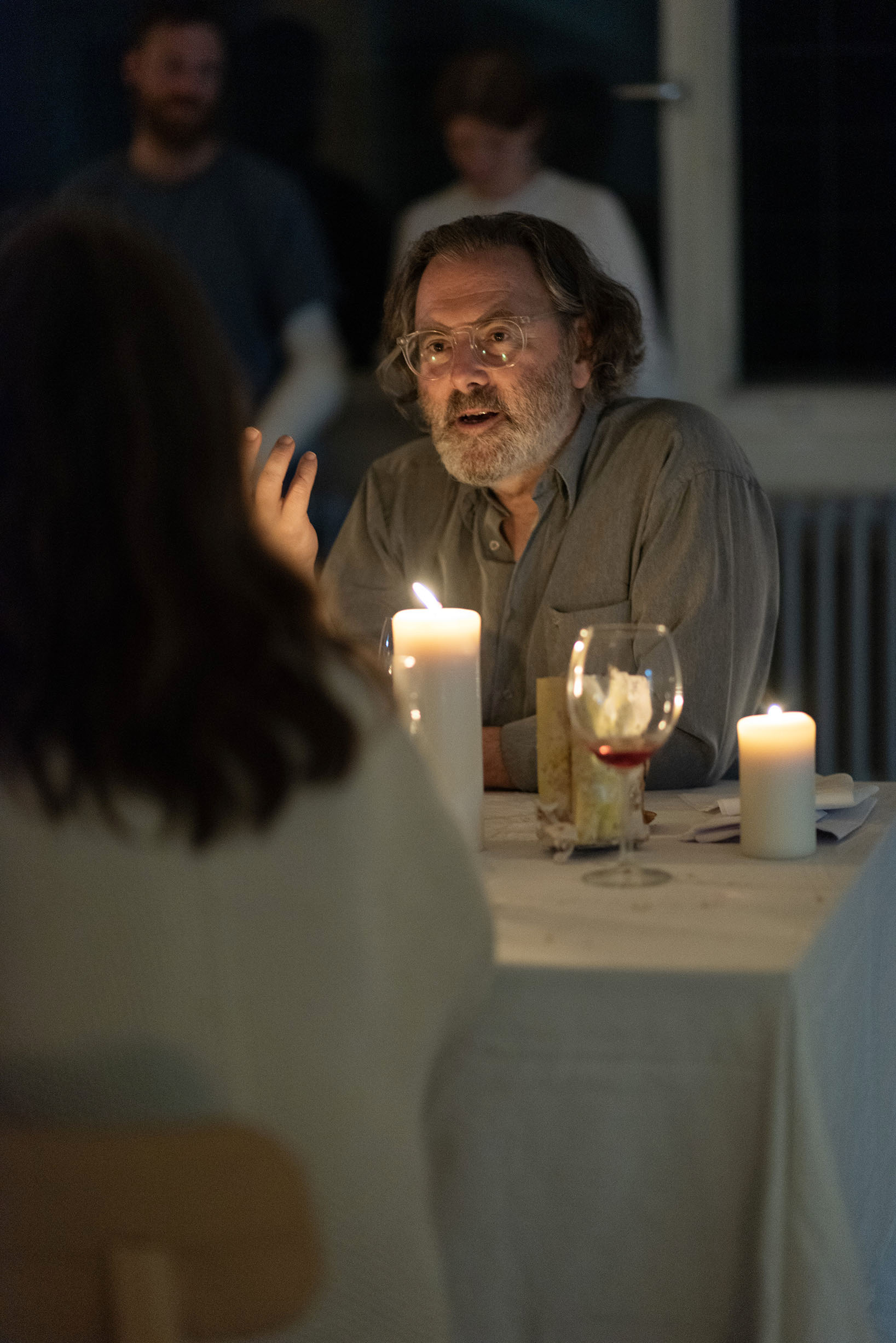

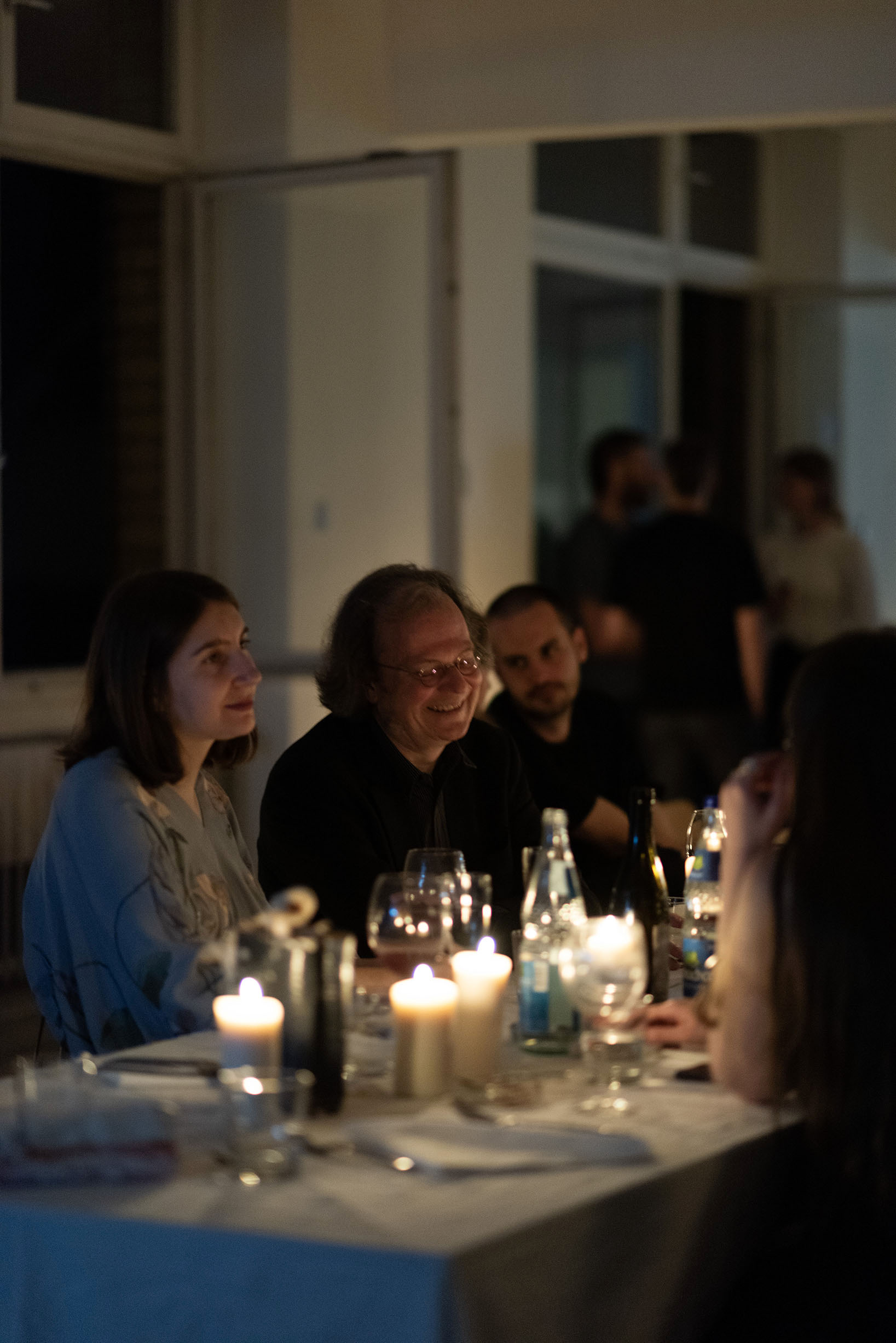
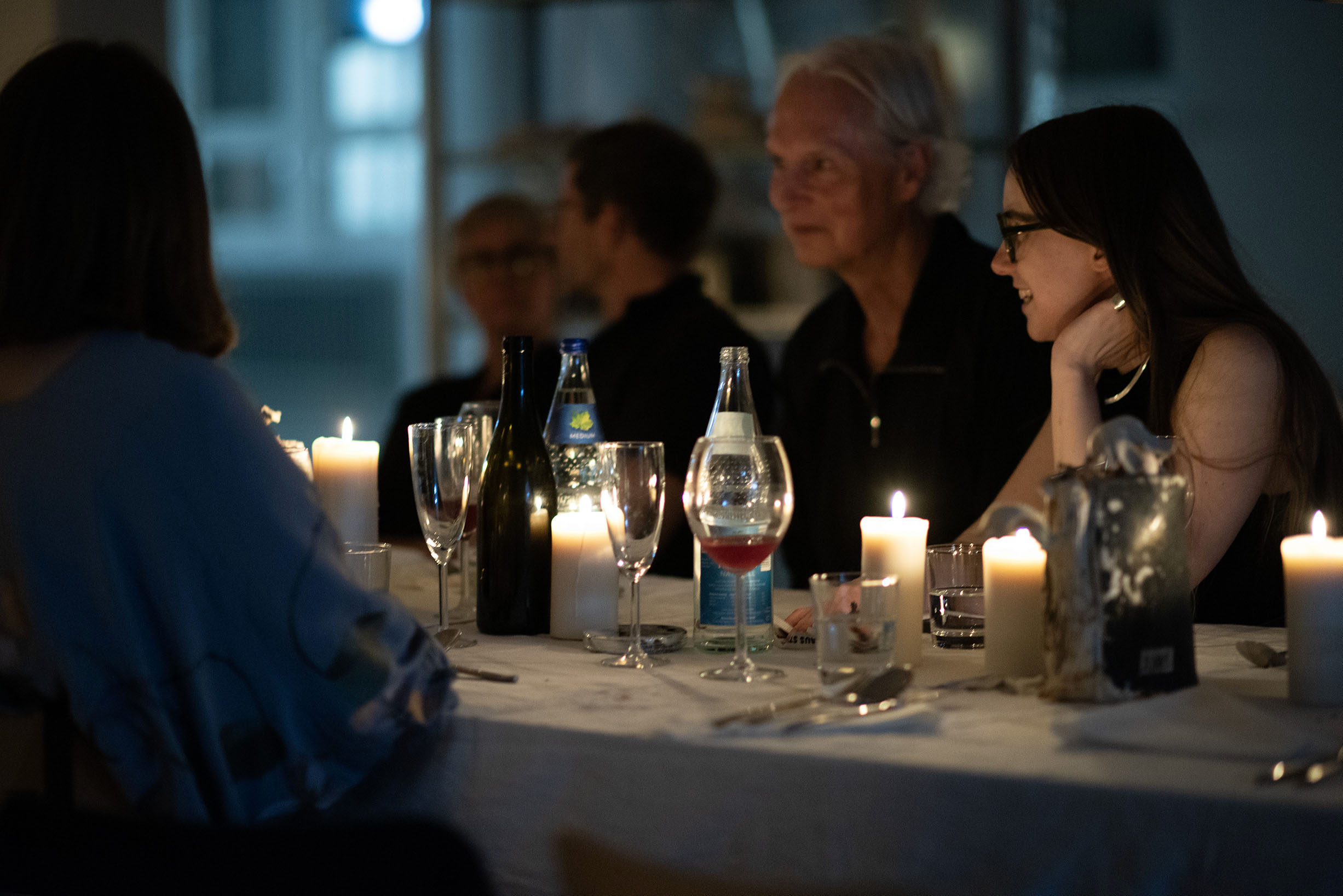
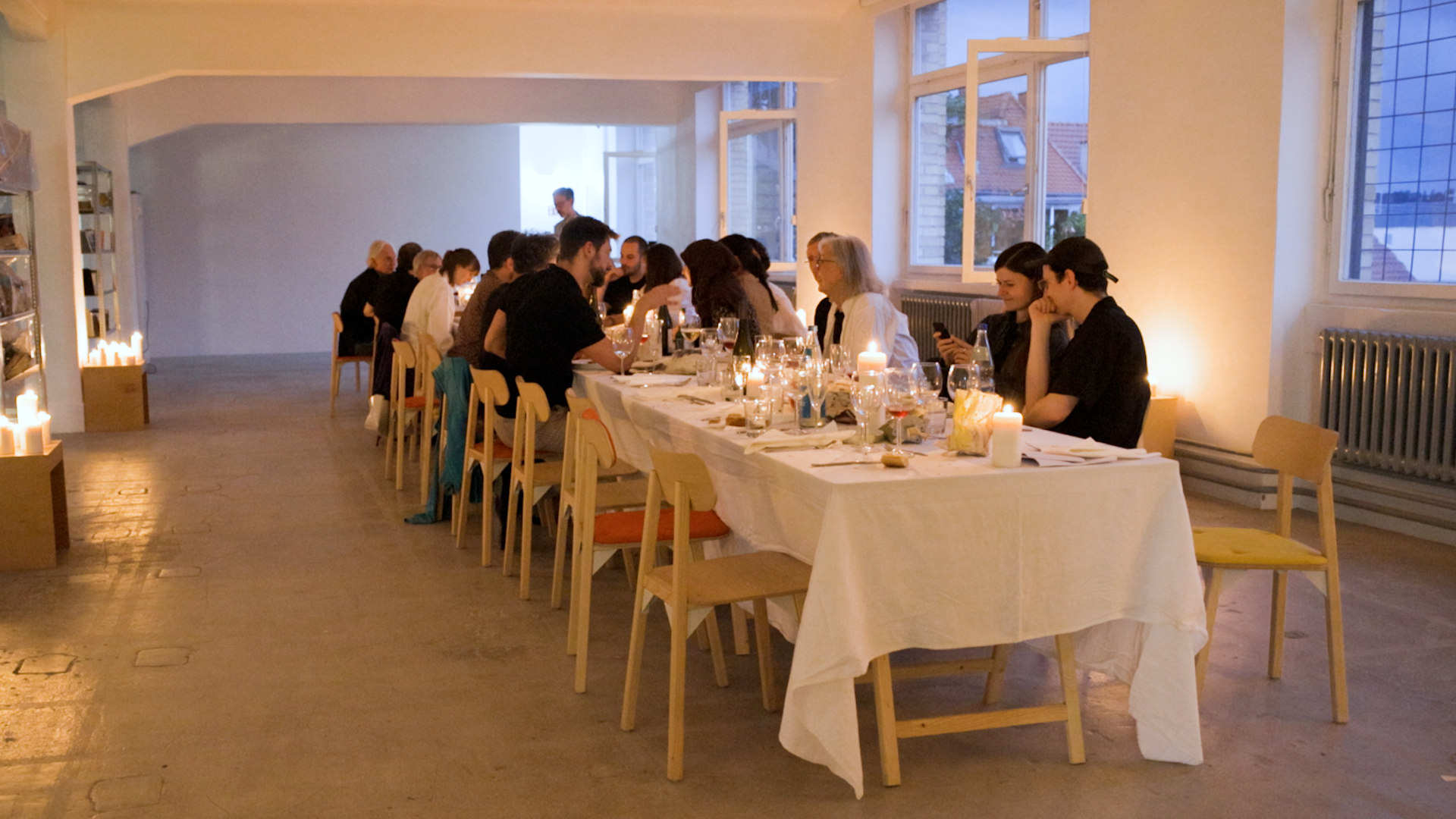
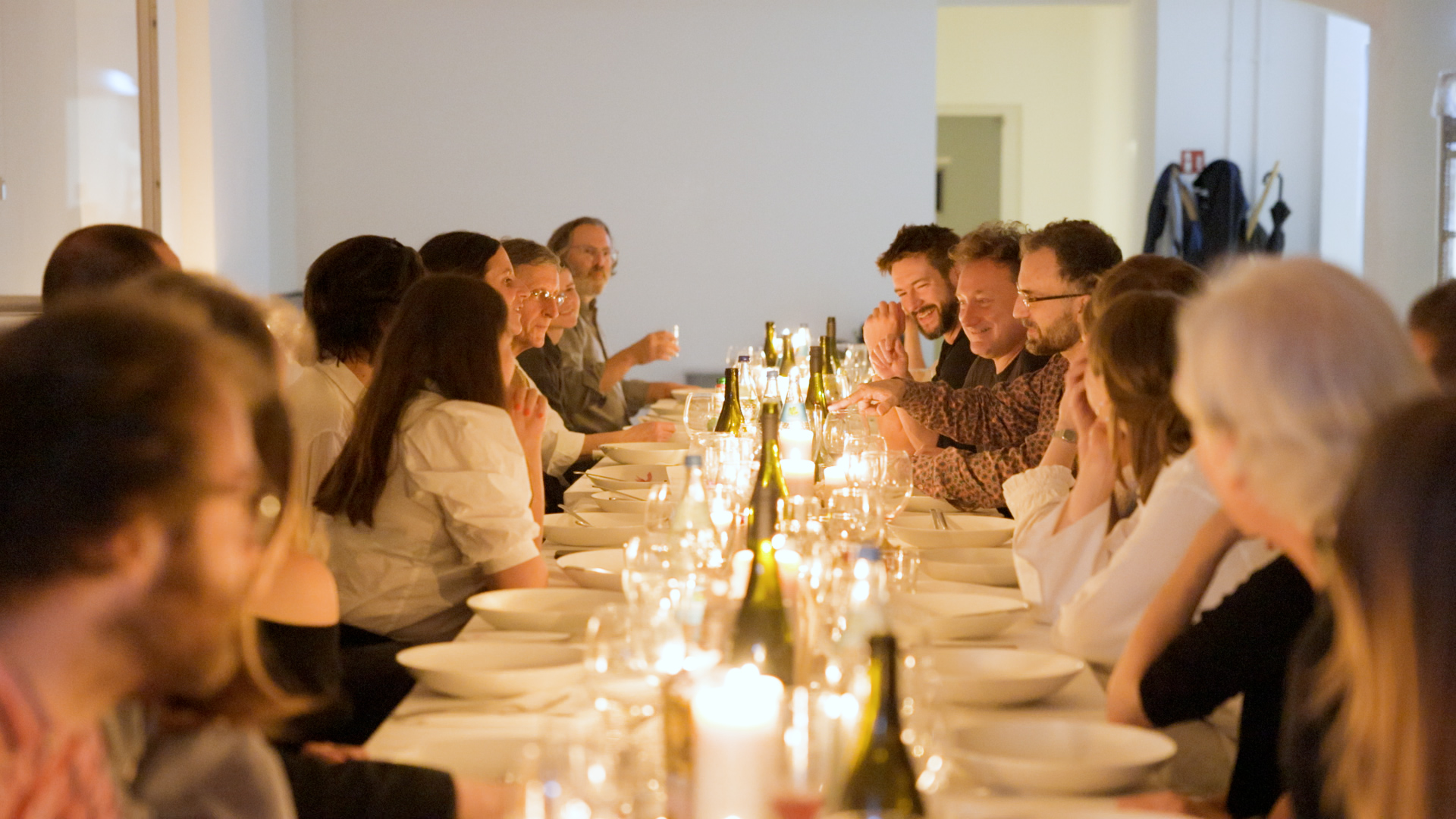
In the 33rd Tuesday workshop, artist Thora Gerstner will provide an insight into the broad spectrum of her artistic work.
In addition to combining free graphics with the material glass, her fields of research include the artistic reworking of historical patterns. Recurring rhythms, pattern structures and typographic forms can be found in her individual visual language. She studied at the State Academy of Fine Arts in Stuttgart and at Listaháskóli Íslands in Reykjavík.
She currently teaches at the State Academy of Fine Arts in Stuttgart and, in addition to a guest lectureship in Beijing, China, has held teaching positions at the University of Tübingen, the Augsburg University of Art and Design and the Pforzheim University of Applied Sciences.
For years, her drawing work focused on the gold plates from Tutankhamun’s tomb, the documentation of which completes Julia Bertsch’s written doctorate.
Since 2021, she has curated a permanently accessible exhibition space at Stuttgart Central Station, together with the artist collective ATELIER TRANSLUZENT, which she founded.
Tuesday Workshop
The Künstlerhaus invites an artist or a collective—meaning any artists or cultural workers from any field or discipline—to talk about their working methods as well as their backgrounds and approaches. We want to establish a platform for a more in-depth interaction with regard to artistic practice, and in doing so to create a network, show solidarity, and mutually strengthen one other.
The series is aimed at all members of Künstlerhaus Stuttgart, artists either living in Stuttgart and the surrounding area or just traveling through, all cultural workers, art mediators, curators, etc., and is open to everyone!
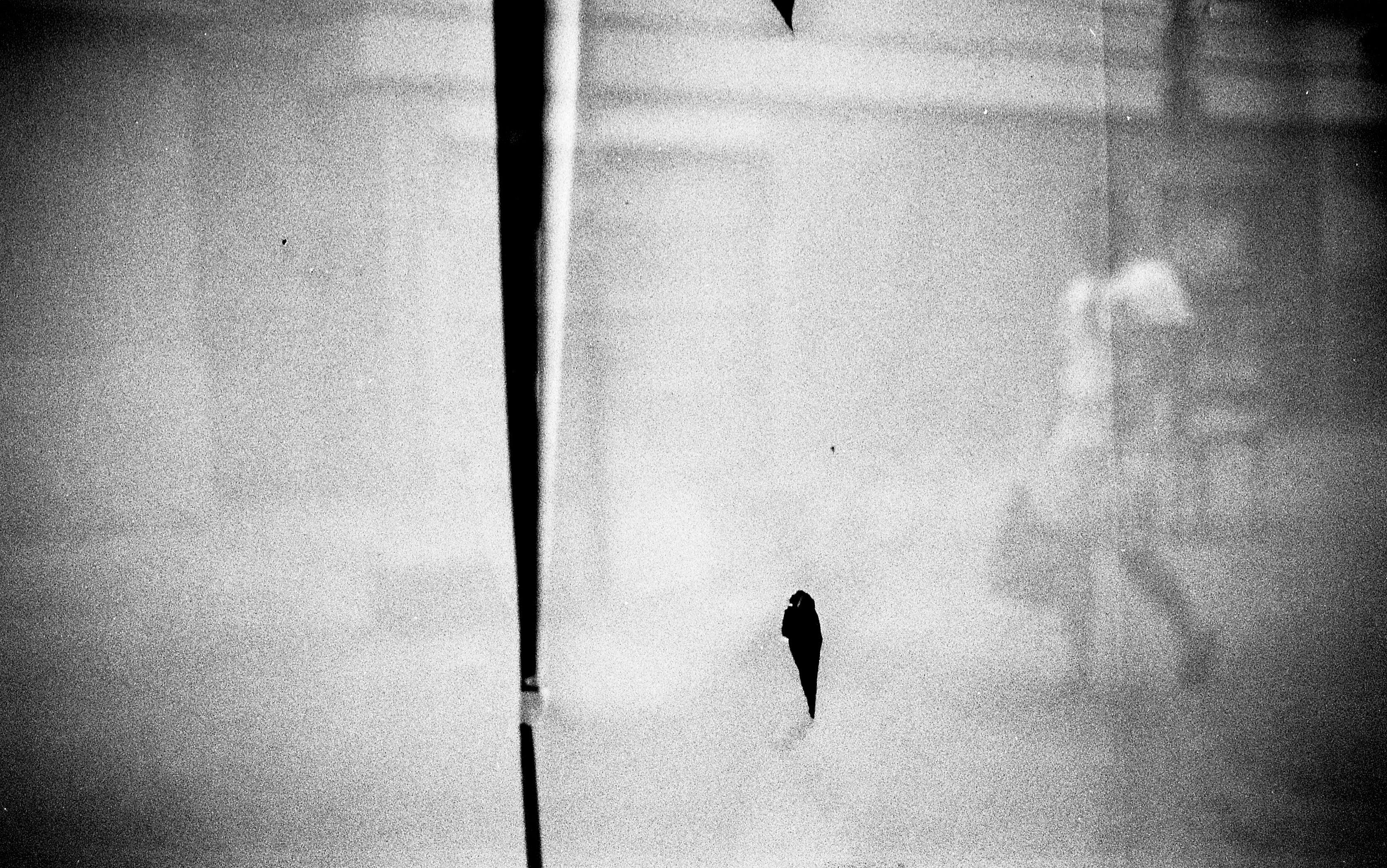
08:00am–12:00pm
The Künstlerhaus is making hay!
Join us first thing in the morning on Saturday 08 June for a scything workshop led by scything expert Bernhard Lehr in association with Bienenschutz Stuttgart. Scythes, all equipment and transportation to and from the meadow will be provided. Participants will learn the technique and process of scything (including blade peening and deburring, handle making), understood as an integral part of the careful usership of landscape. The workshop is suitable for both novice and advanced mowers, but places are limited, so sign up early!
The outcome of the workshop will be a haystack on Floor 2 of the Künstlerhaus, to be used as a user-friendly atmosphere for meetings, screenings and conversations. Scything and haymaking are amongst a series of activities where artistic and agricultural agency converge to produce a common atmosphere, which will be explored through workshop formats in the coming months.
To register: info@kuenstlerhaus.de
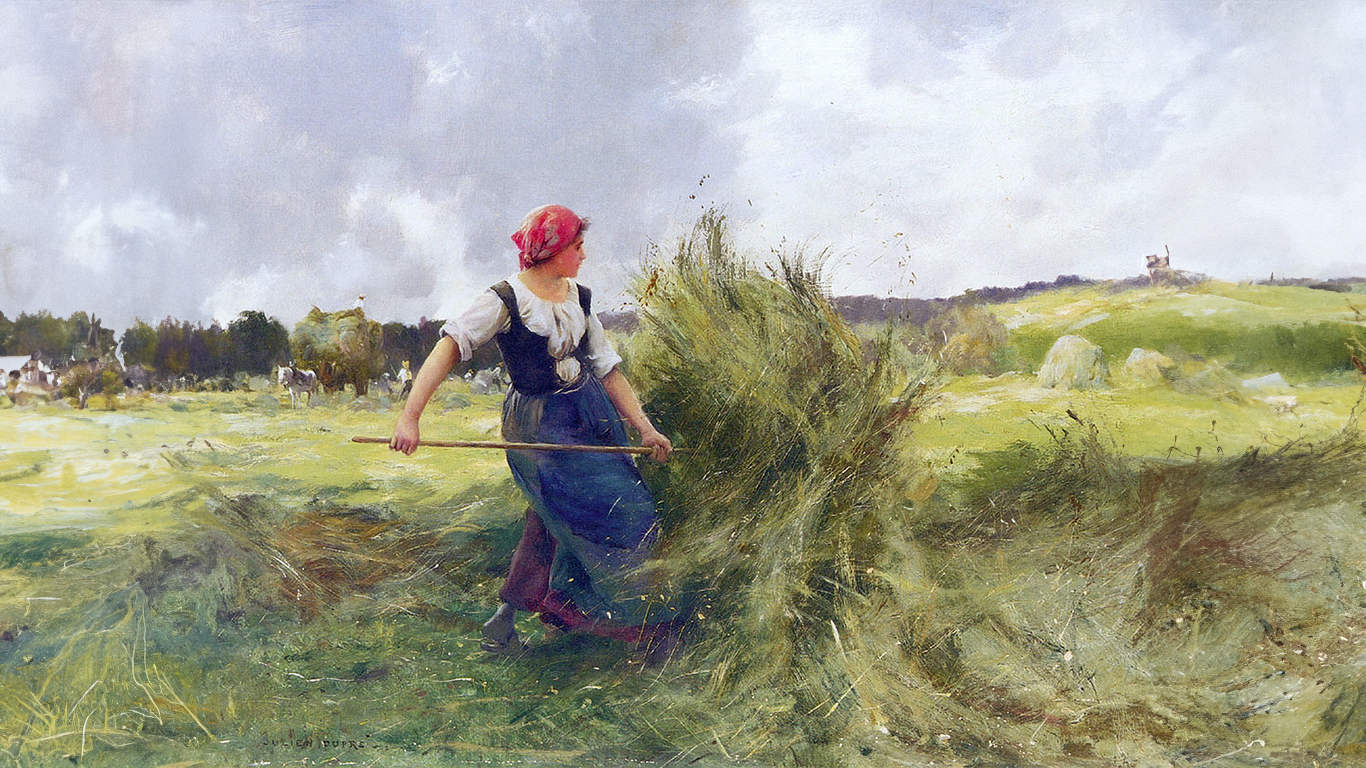

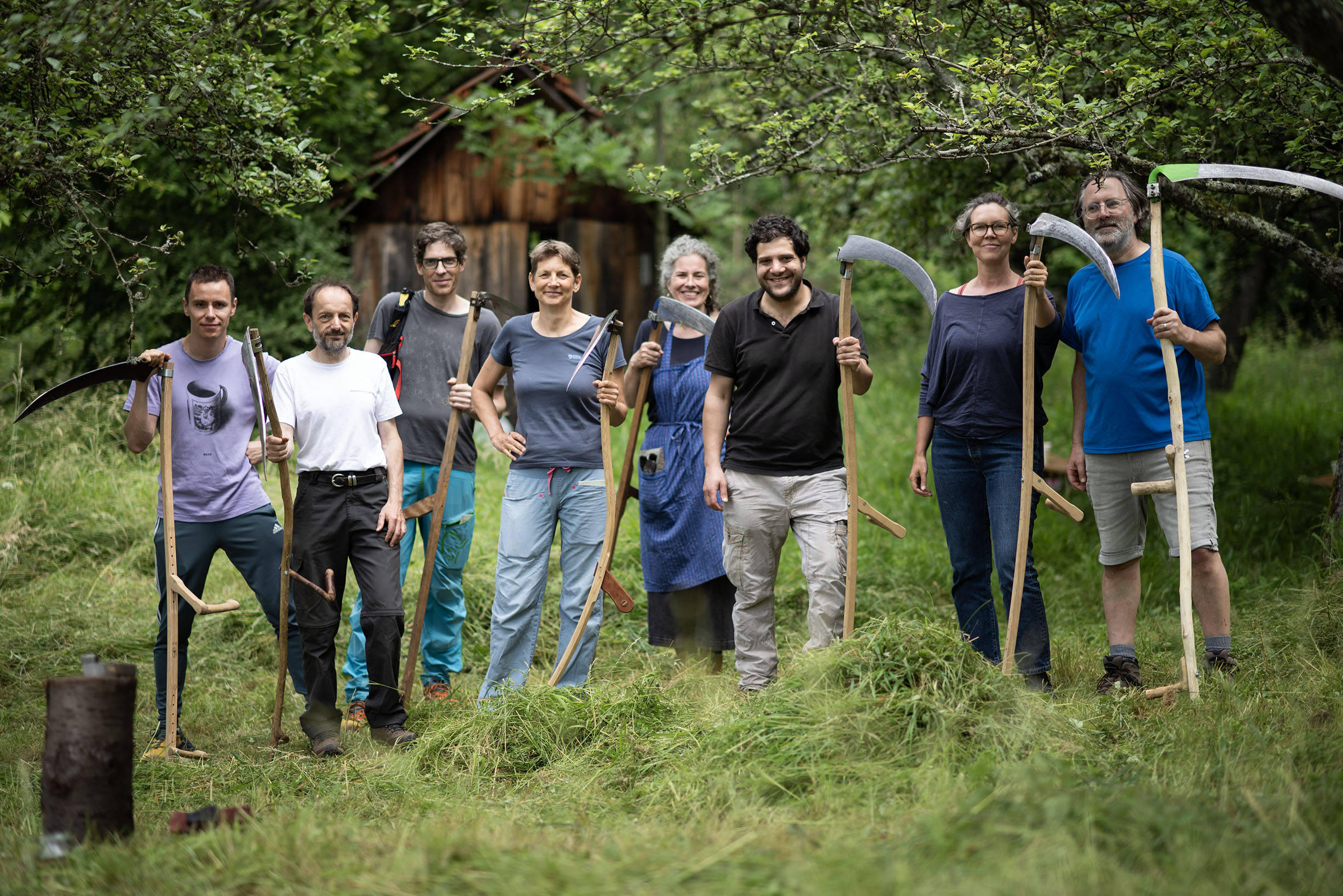
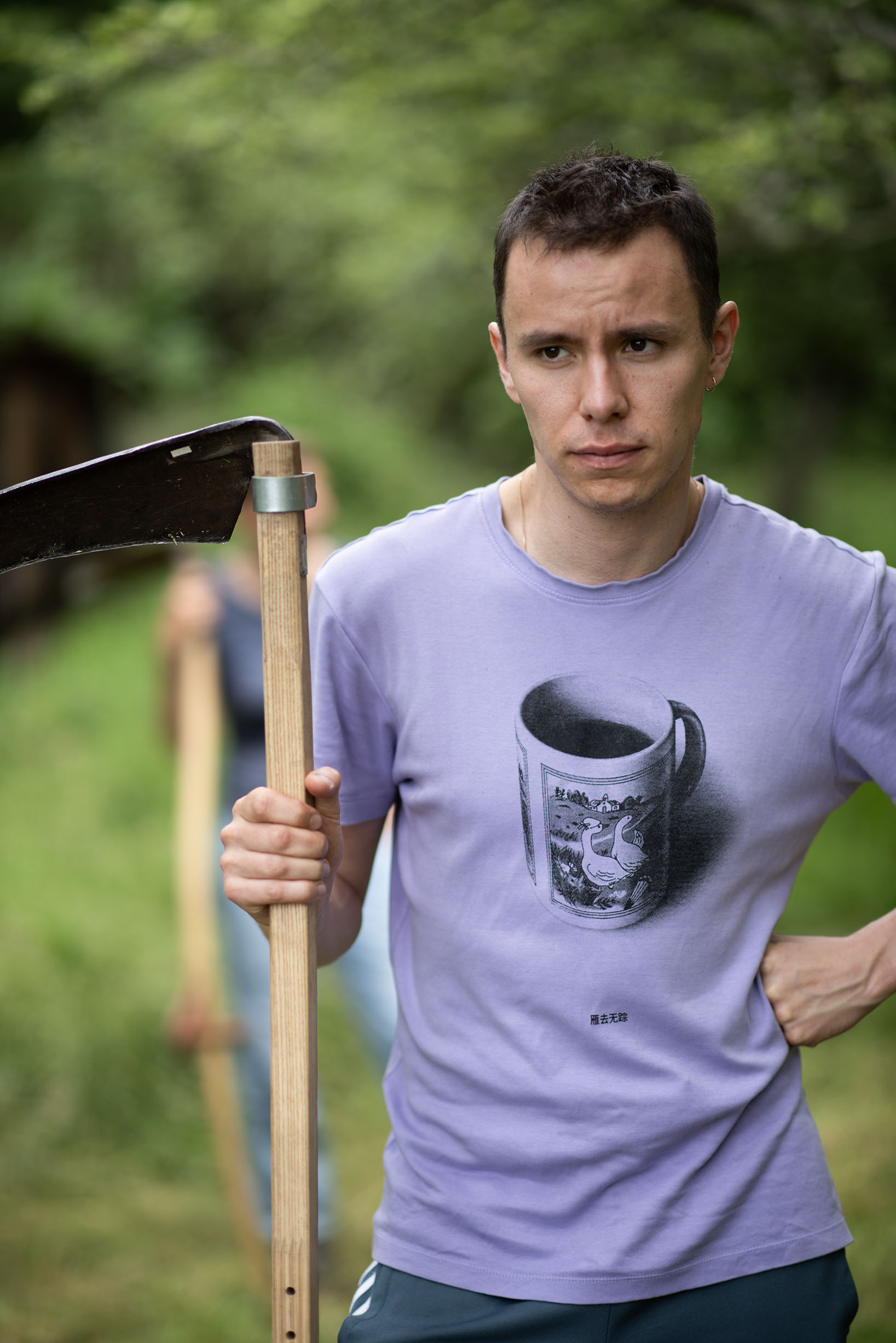

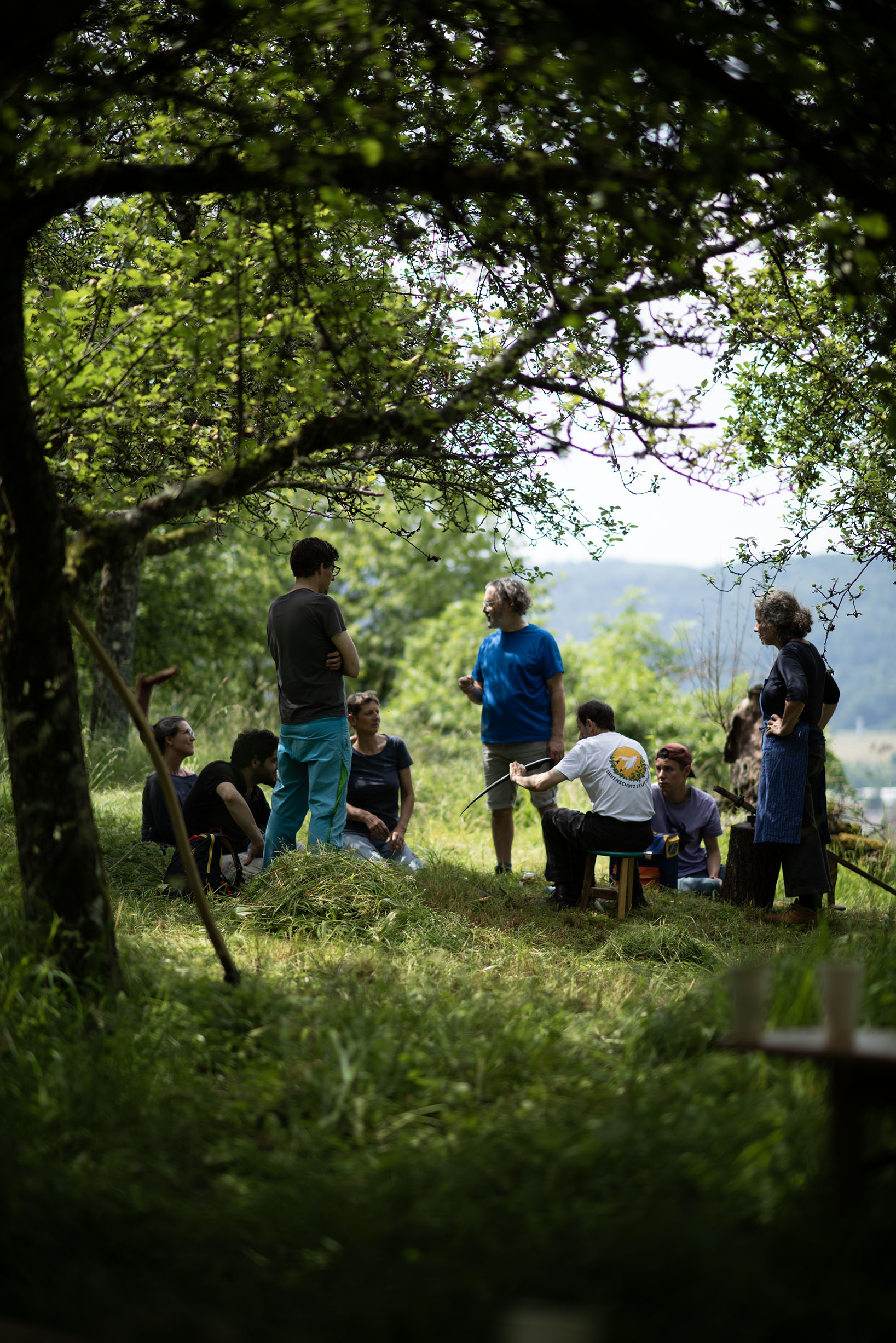
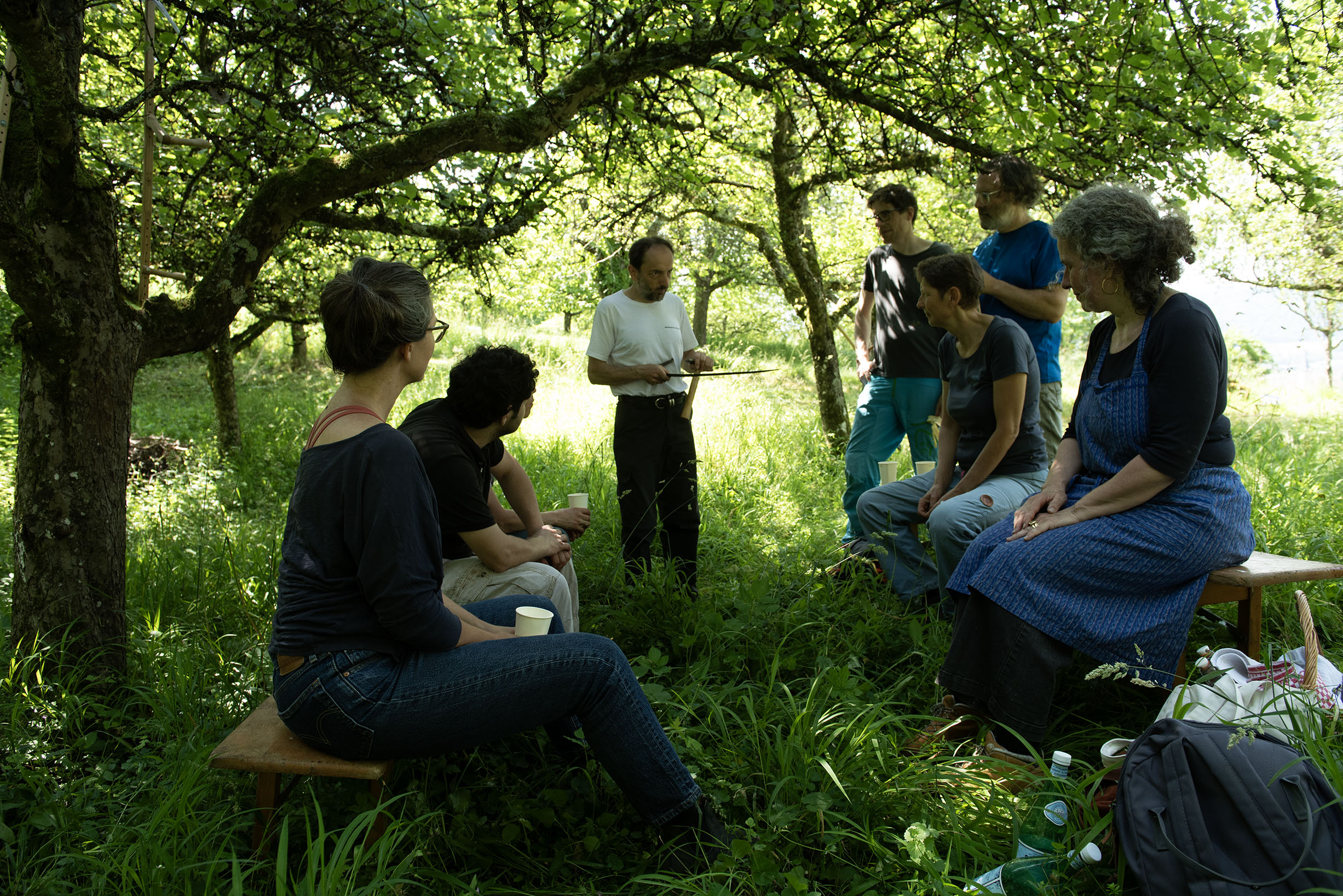
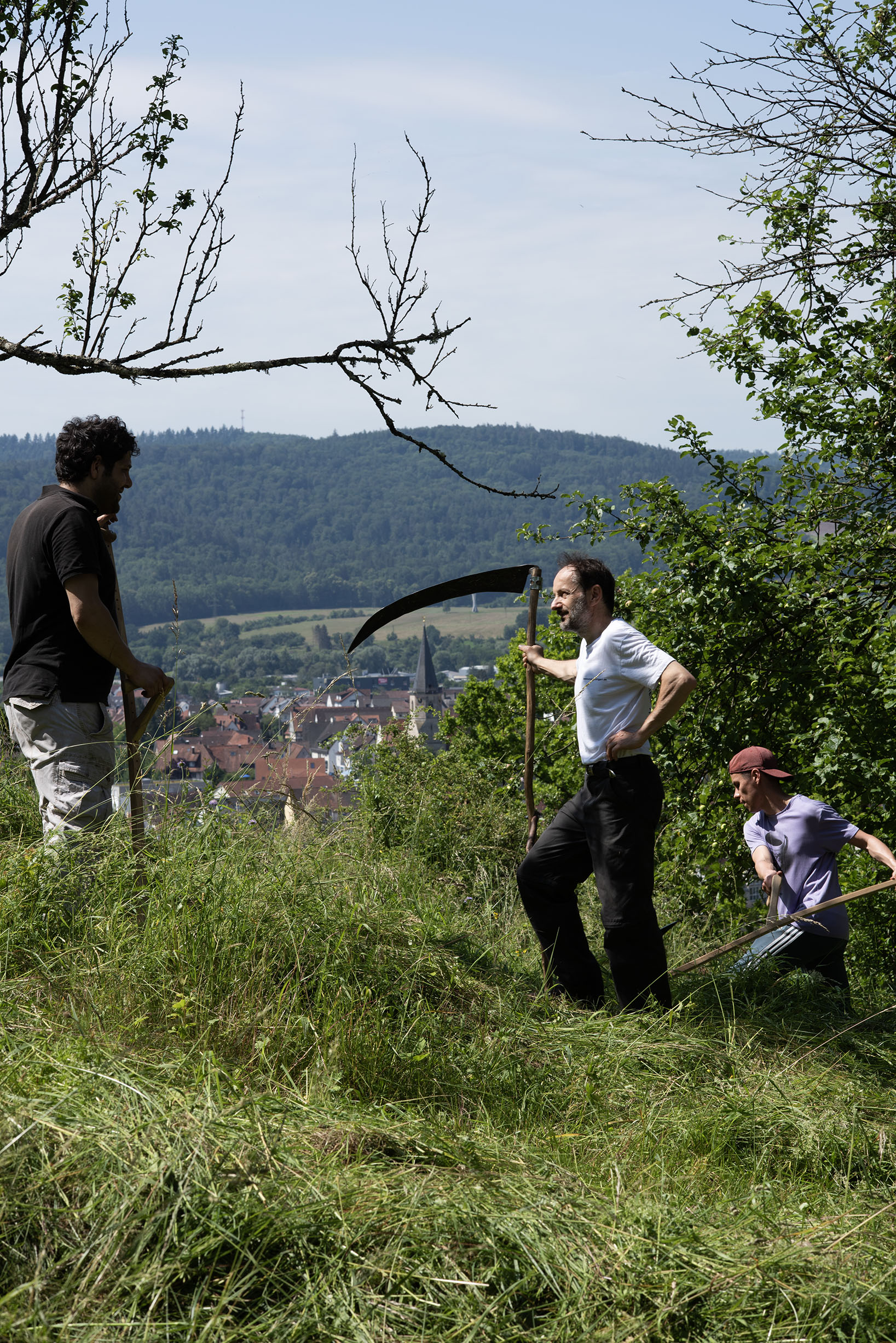
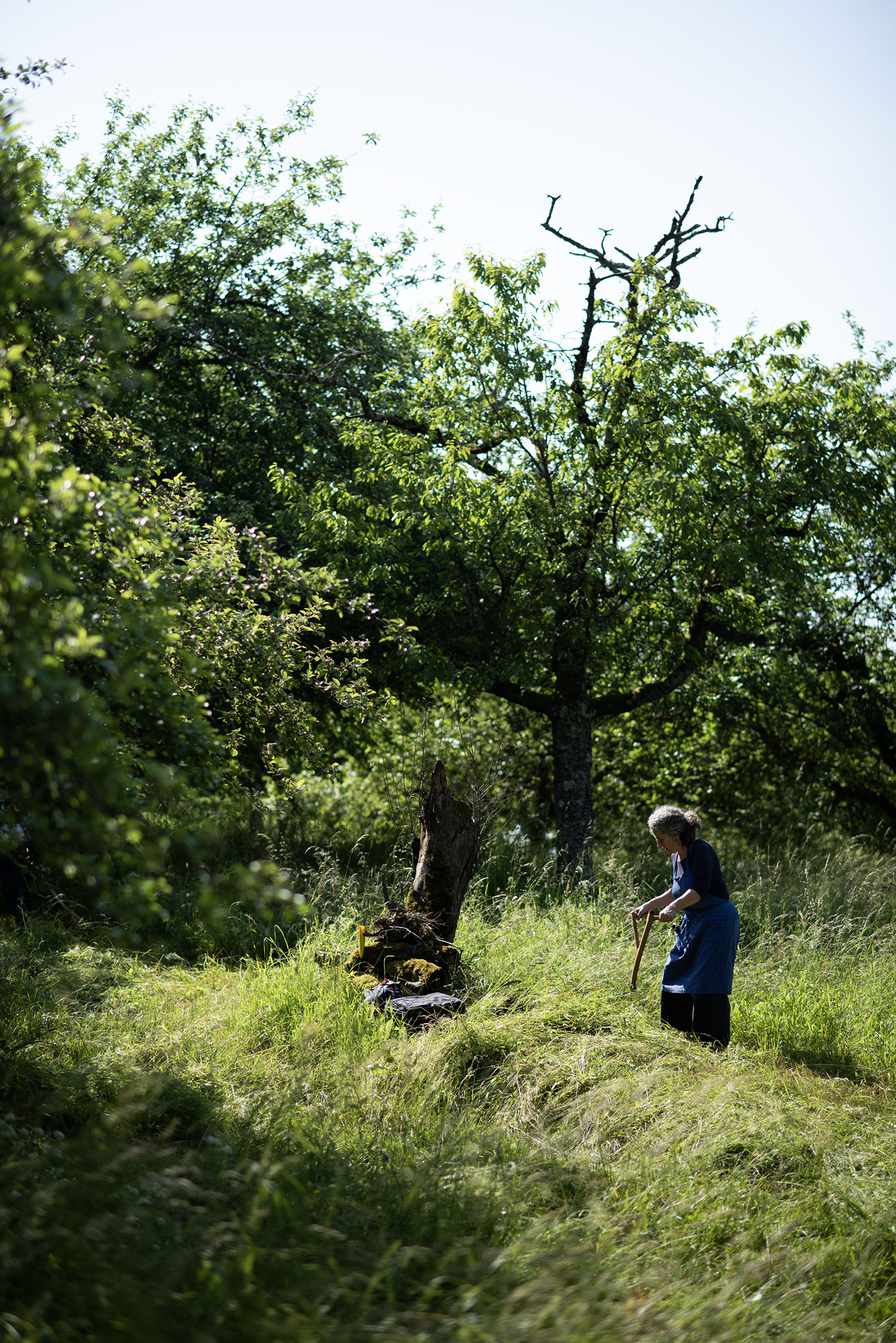
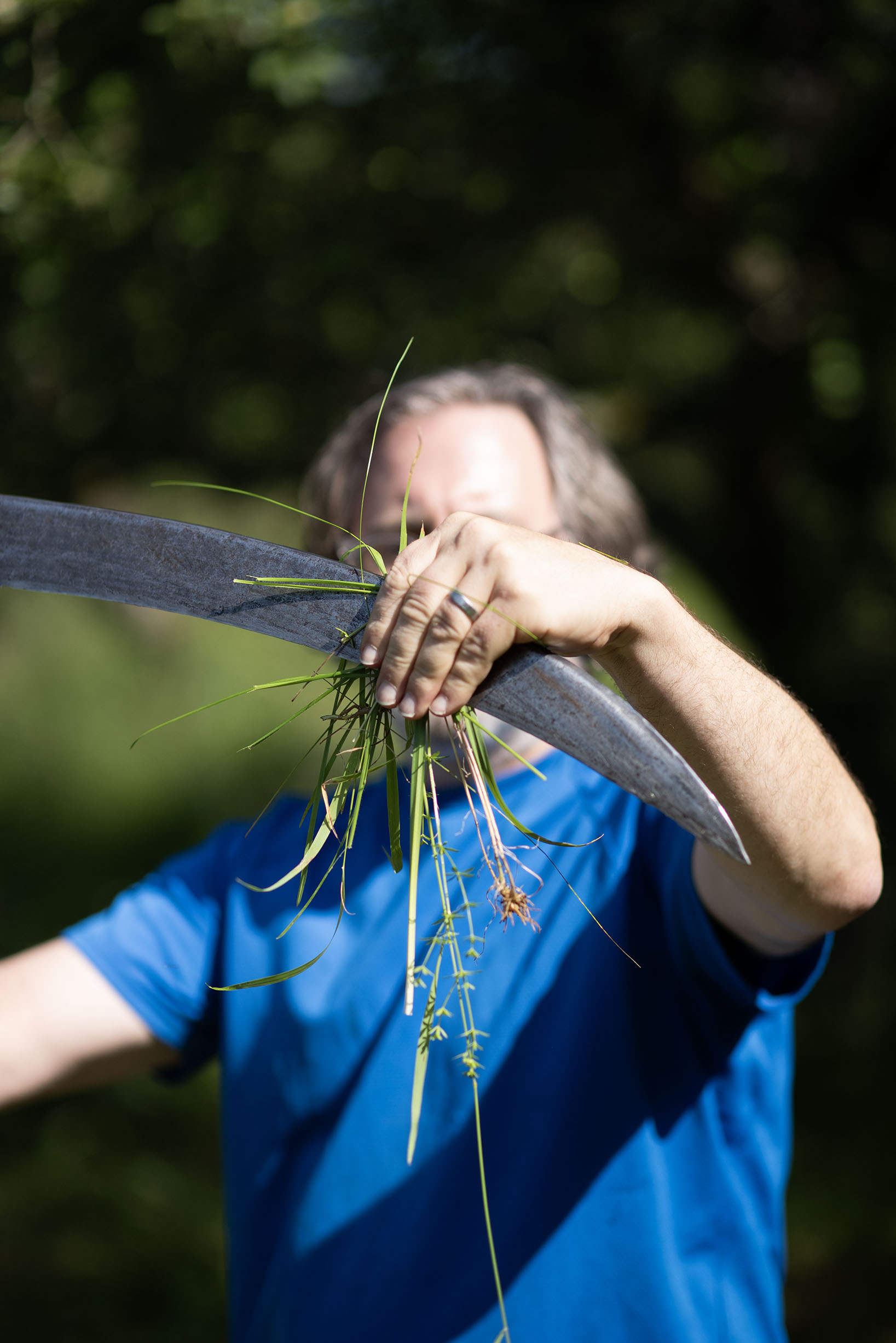
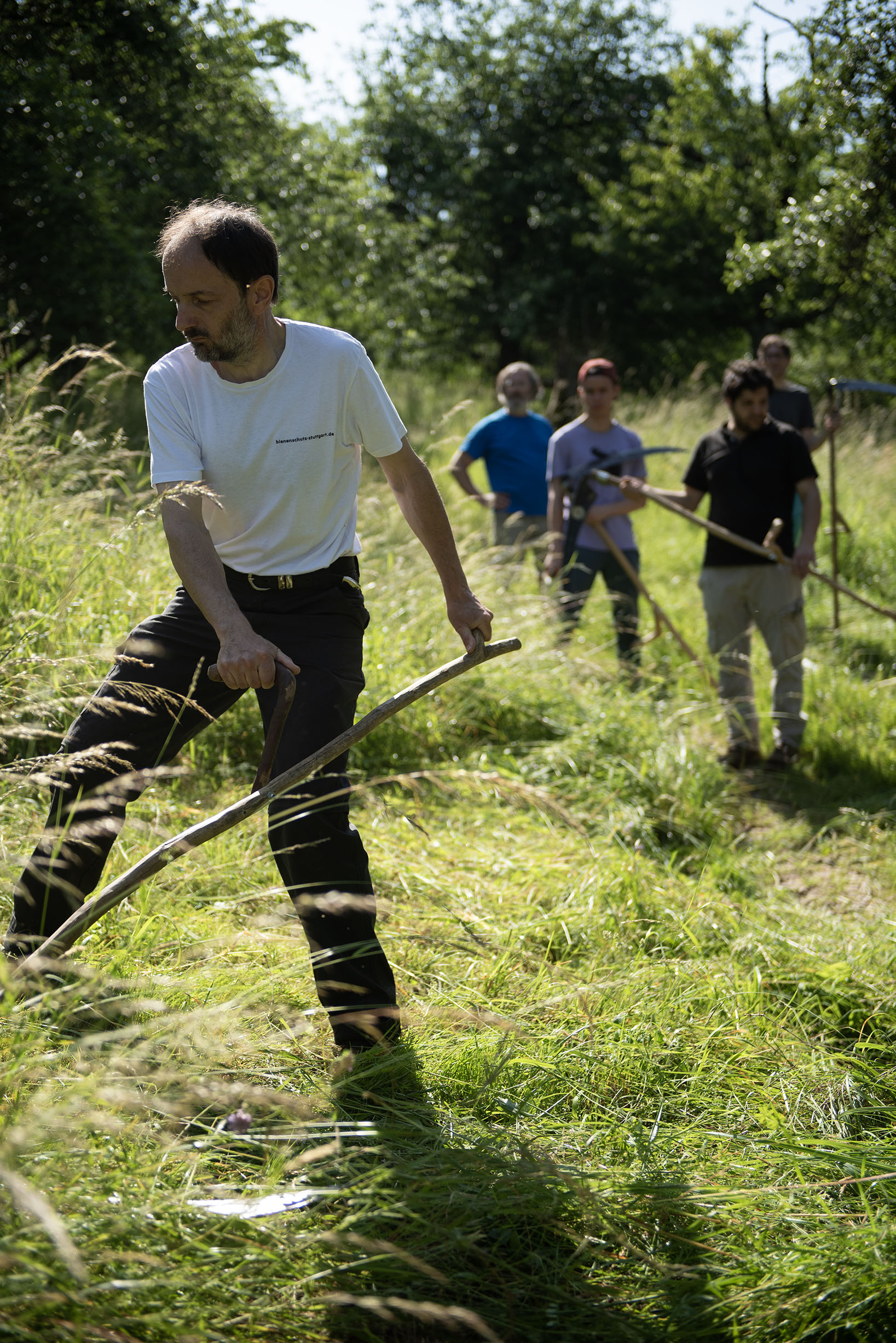

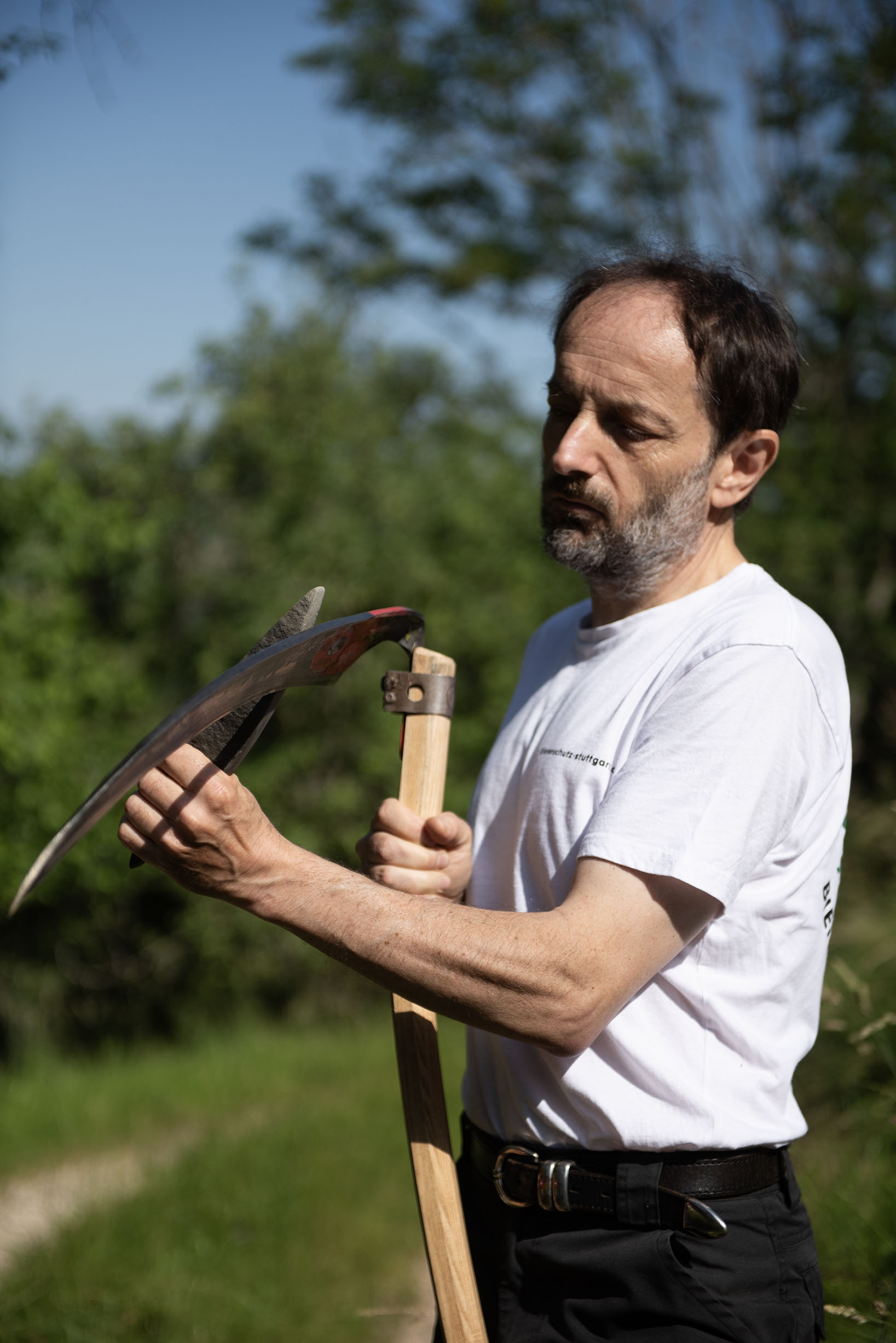
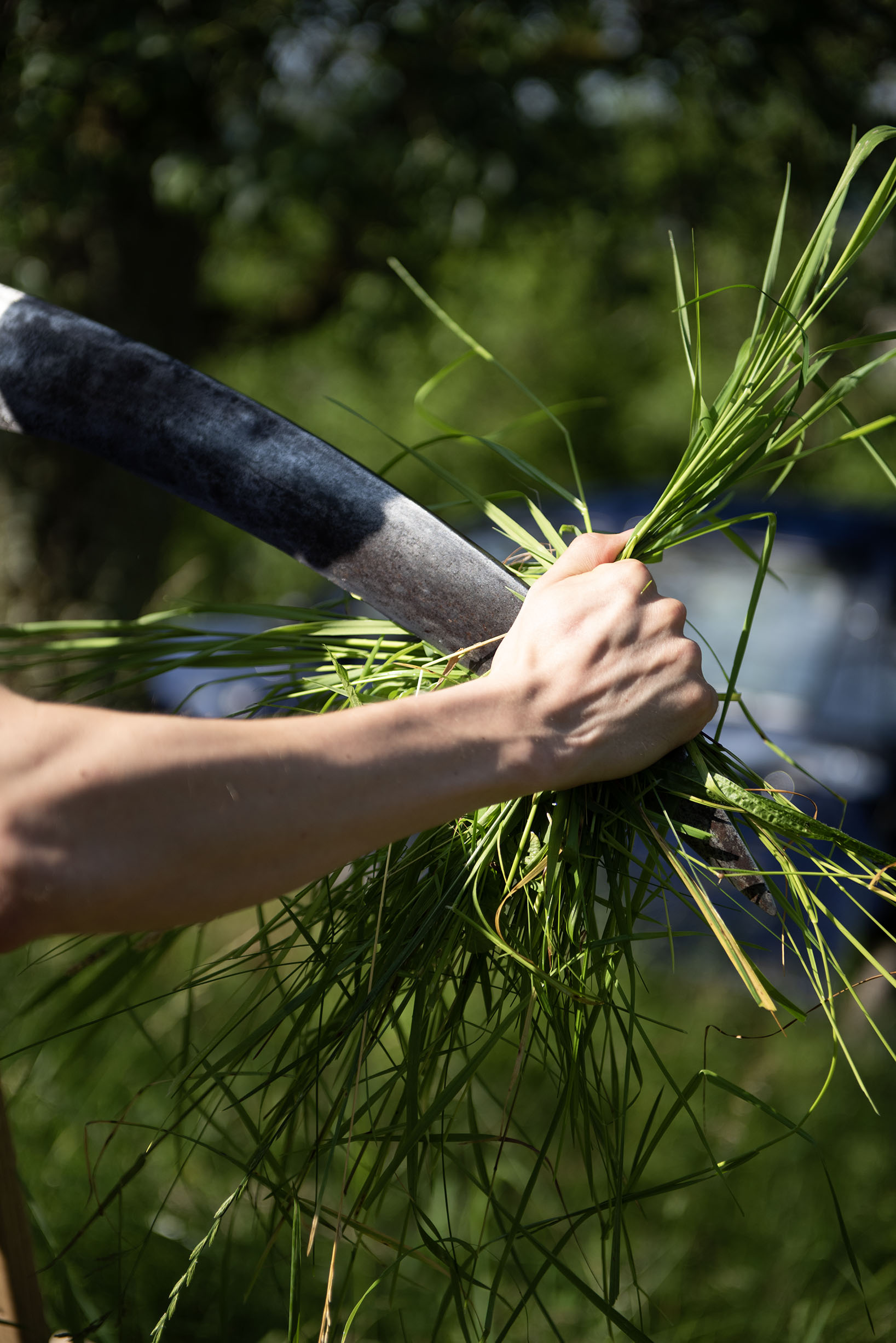


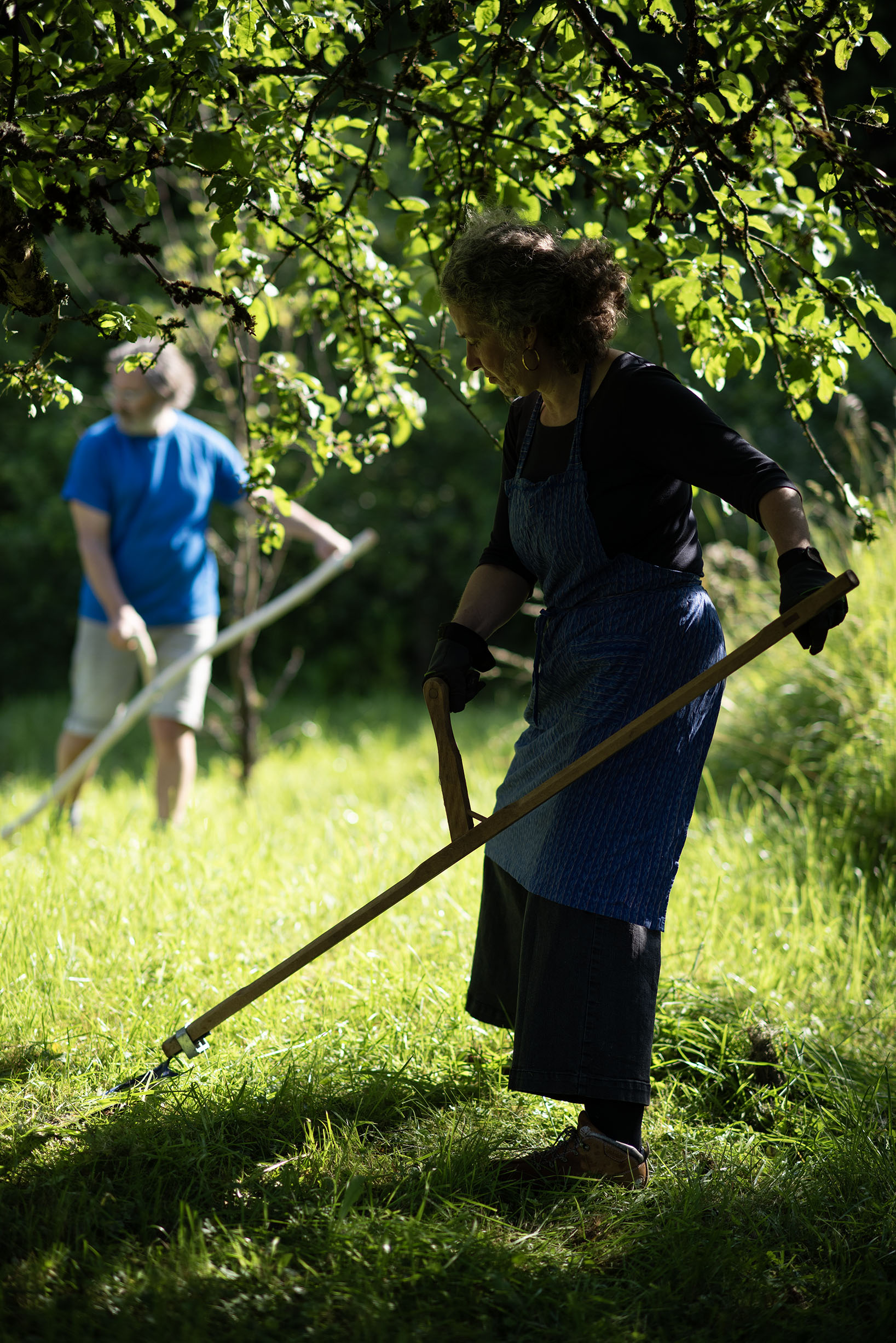

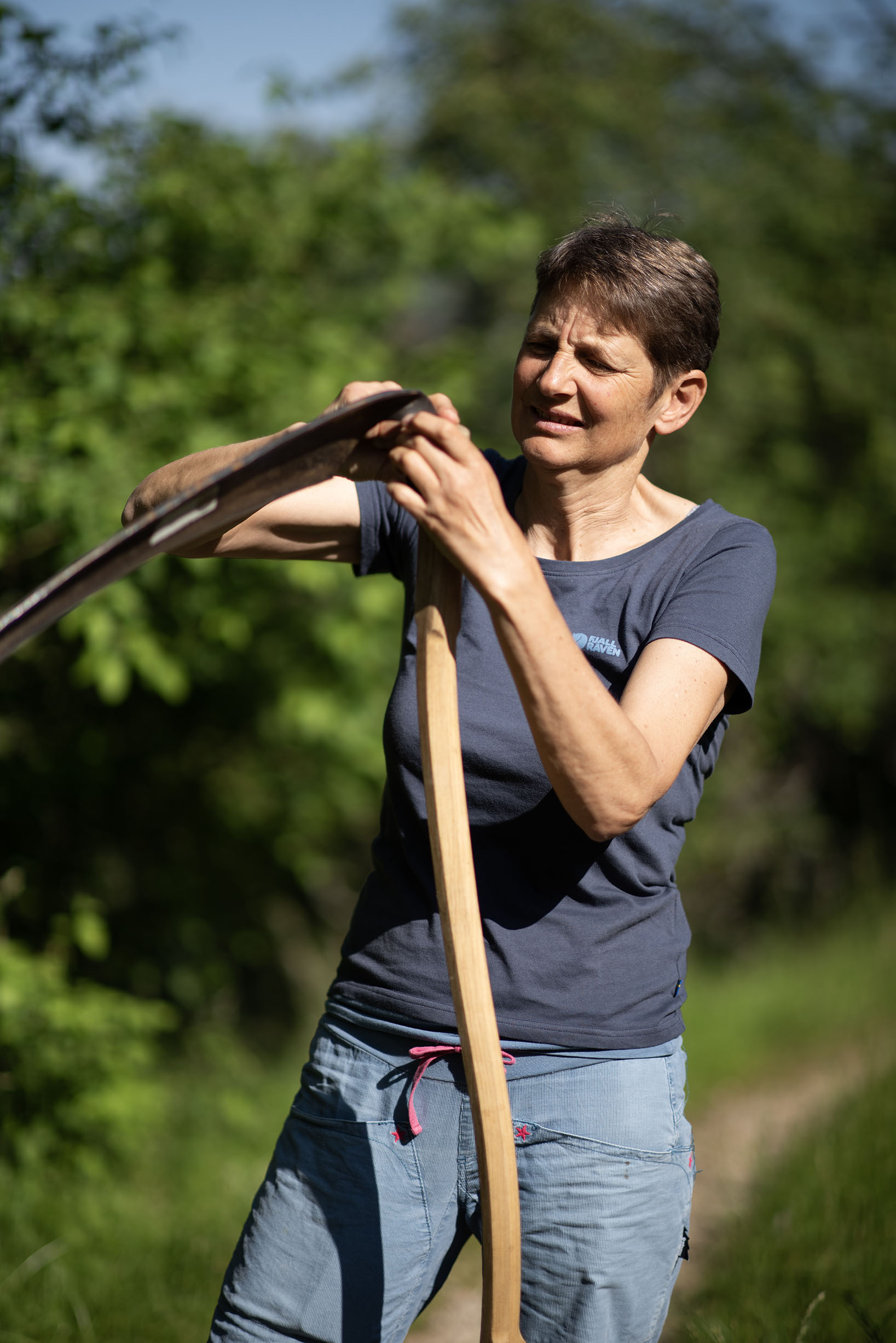
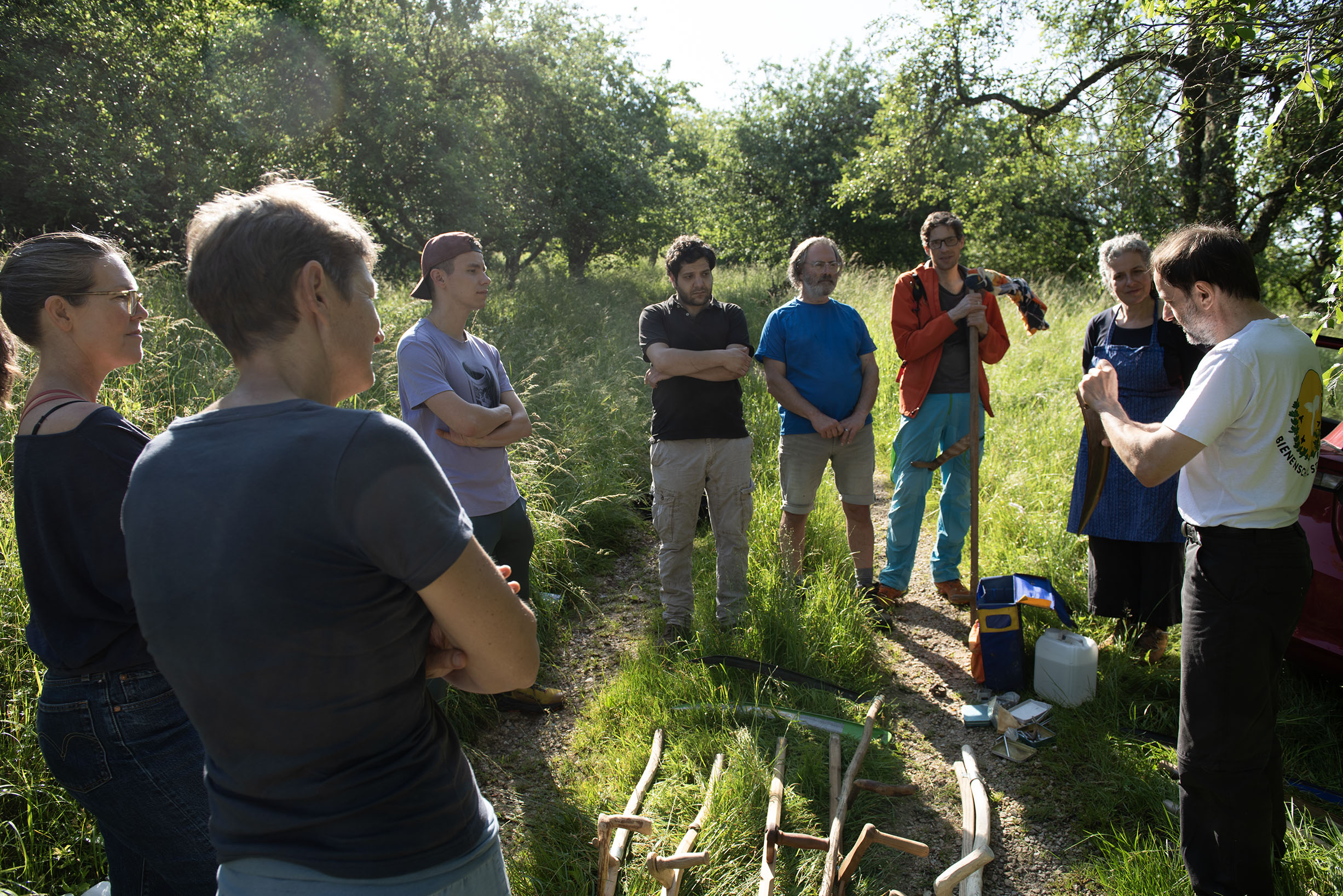
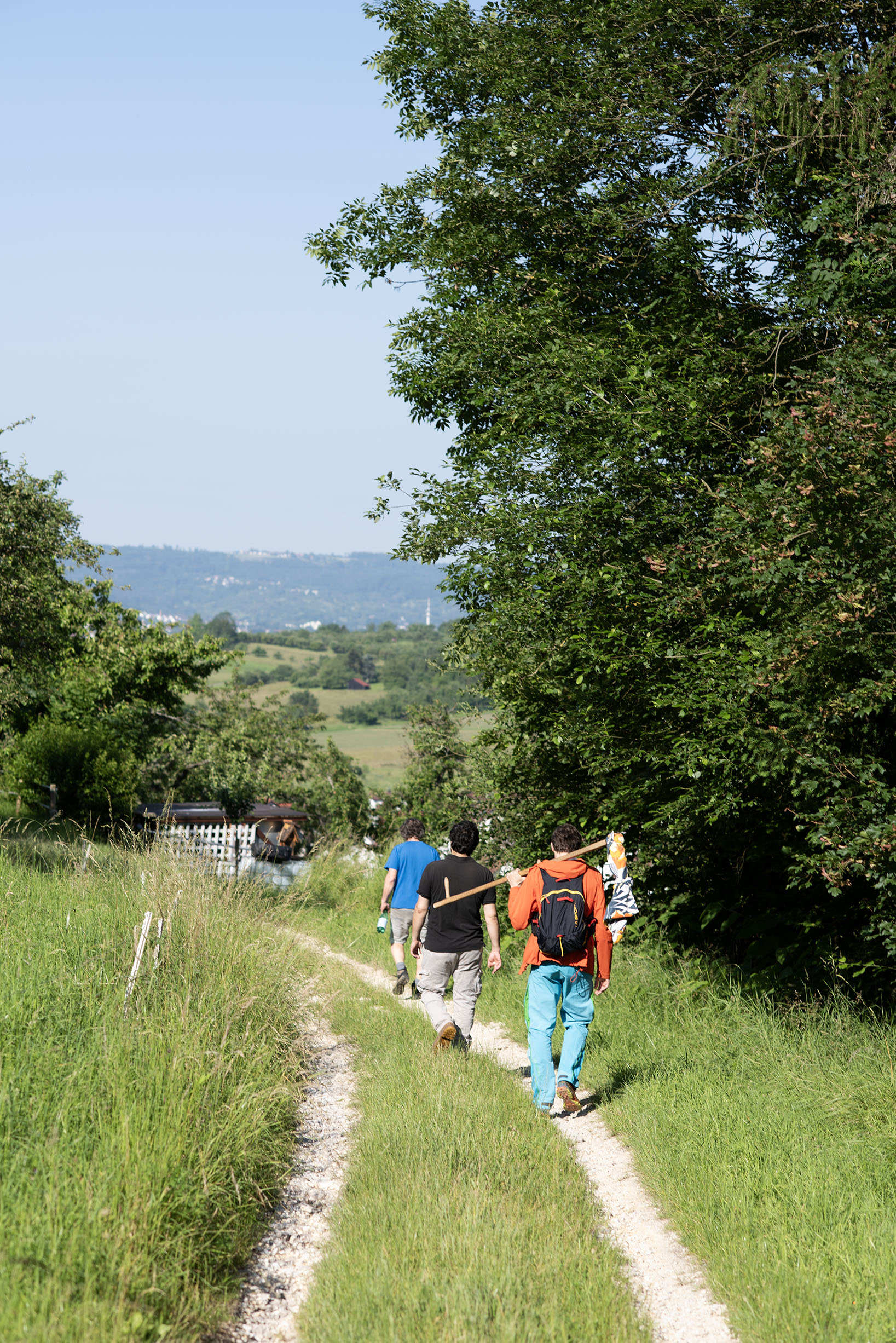
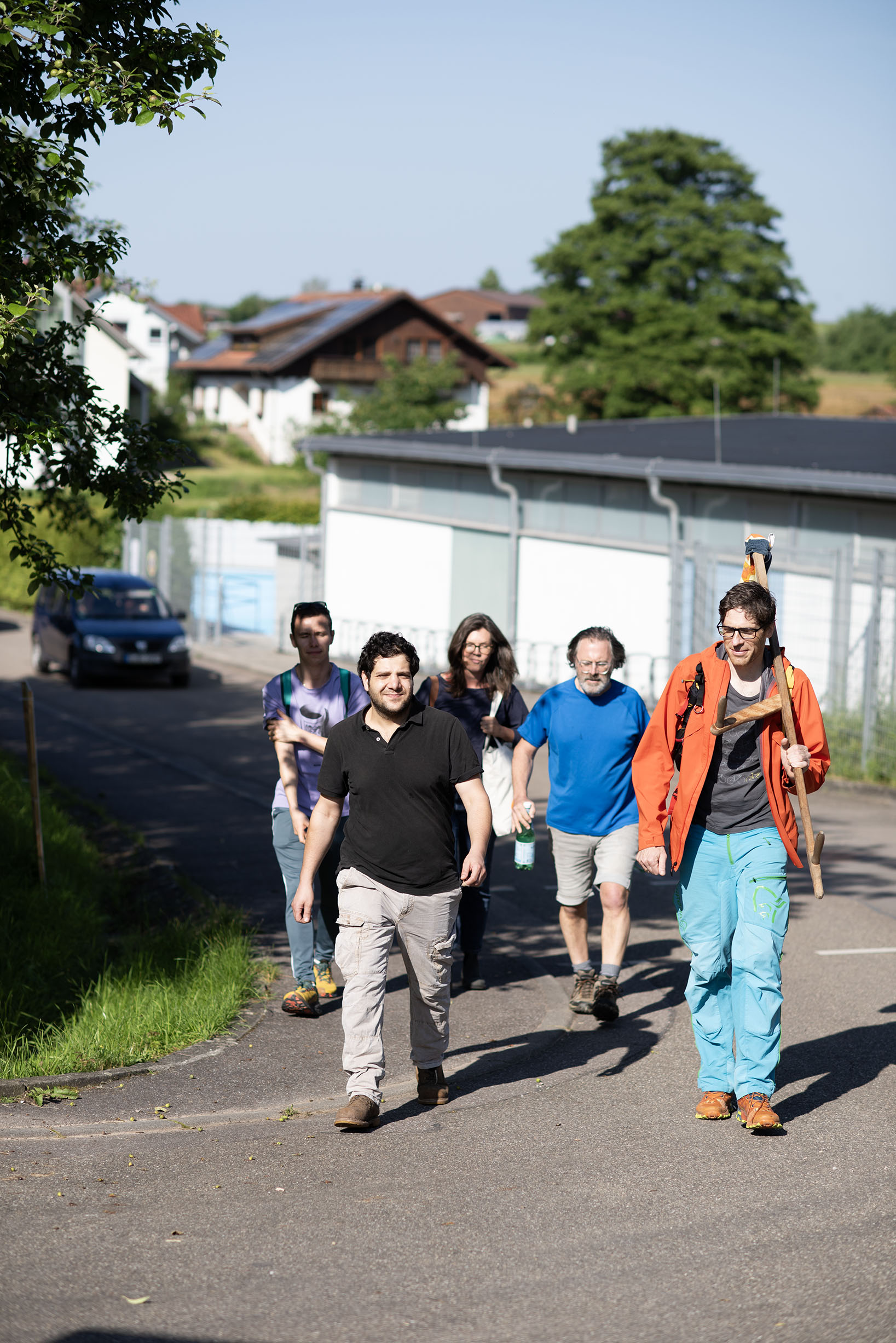

Please join us on Monday 3 June for the first in our once-monthly series of _Compatible Conversations (farm_compatible, art_compatible, bazaar_compatible, research_compatible…). For this first conversation, we will be talking with artist and author Kathrin Böhm on the occasion of the release of her new book Art on the Scale of Life.
Since the mid-1990s, Kathrin Böhm has expanded the terms of socially engaged ways of working to what she calls the ‘scale of life’, seeking common ground between the fields of art and farming, cross-pollinating their vocabularies, spaces, economies and practices, through such collective projects as Myvillages (ongoing since 2003), The Centre for Plausible Economies (since 2018), Company Drinks (since 2014) and the Rural School of Economics (with Wapke Feenstra since 2019). Her new book comes in the wake of a two-part exhibition project, COMPOST. Kathrin Böhm: Turning the Heap and COMPOST: For Future Use, and seeks to show how the joyful visual methods and languages, tactics, tools, concepts and strategies that serve a socially transformative art practice have been usefully deployed in rural and farming settings far from the usual sites of the contemporary artworld, even as art has merged with agriculture. If art has now ramped up from the ‘scale of art’ to the ‘scale of life’, what does that look like? What indeed is the scale of life? And what is to be gained, and what forsaken, in this scalar shift?

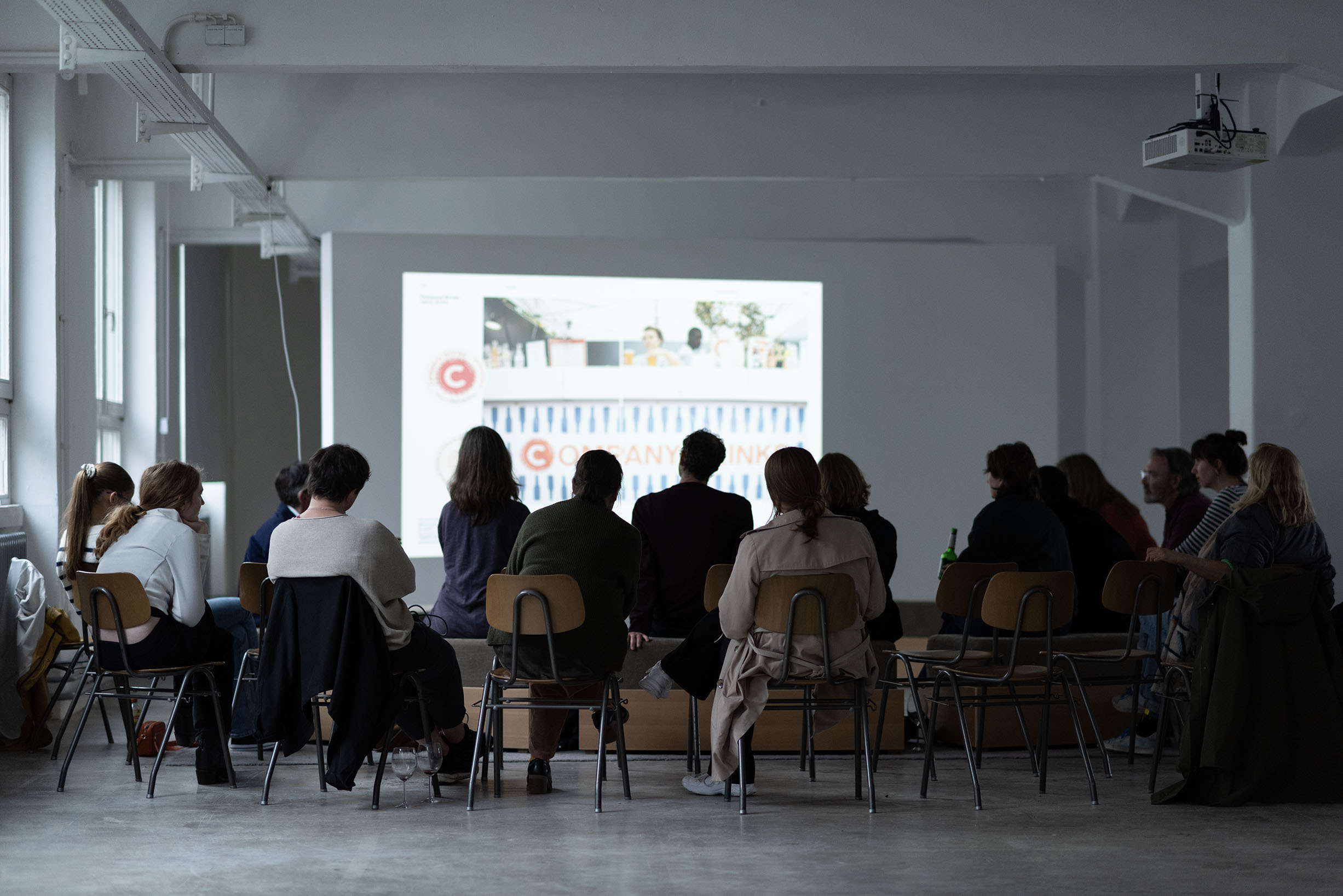
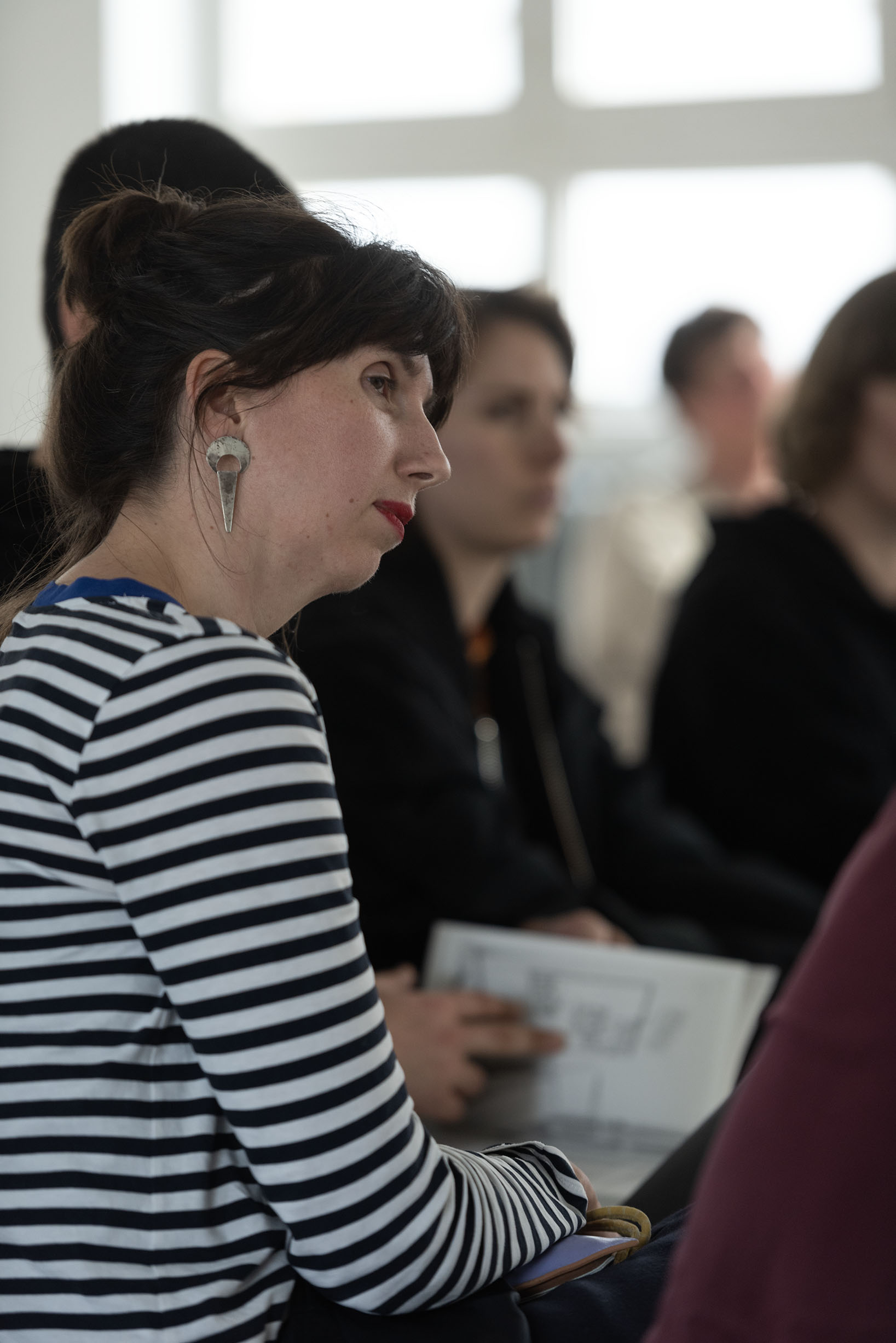

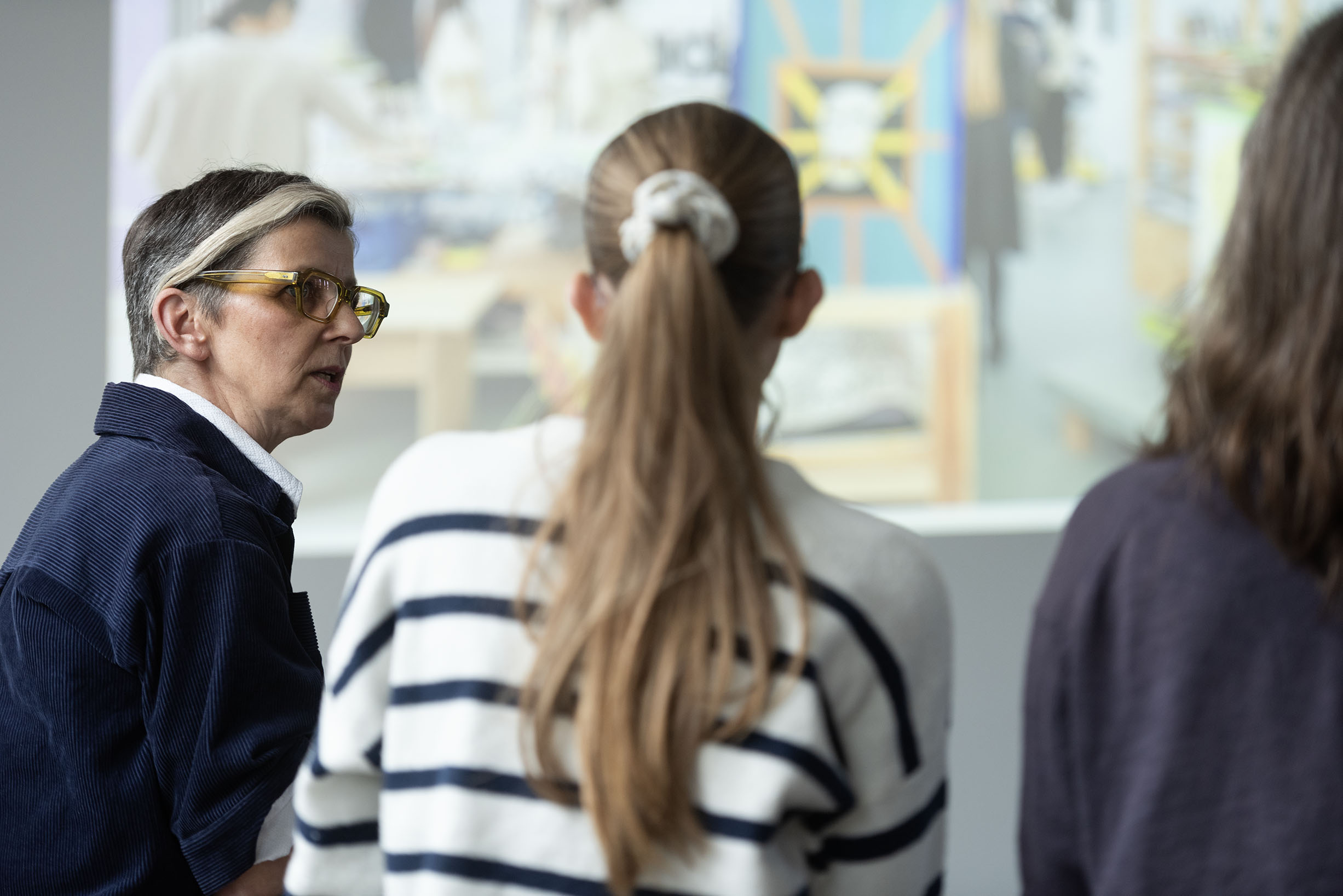

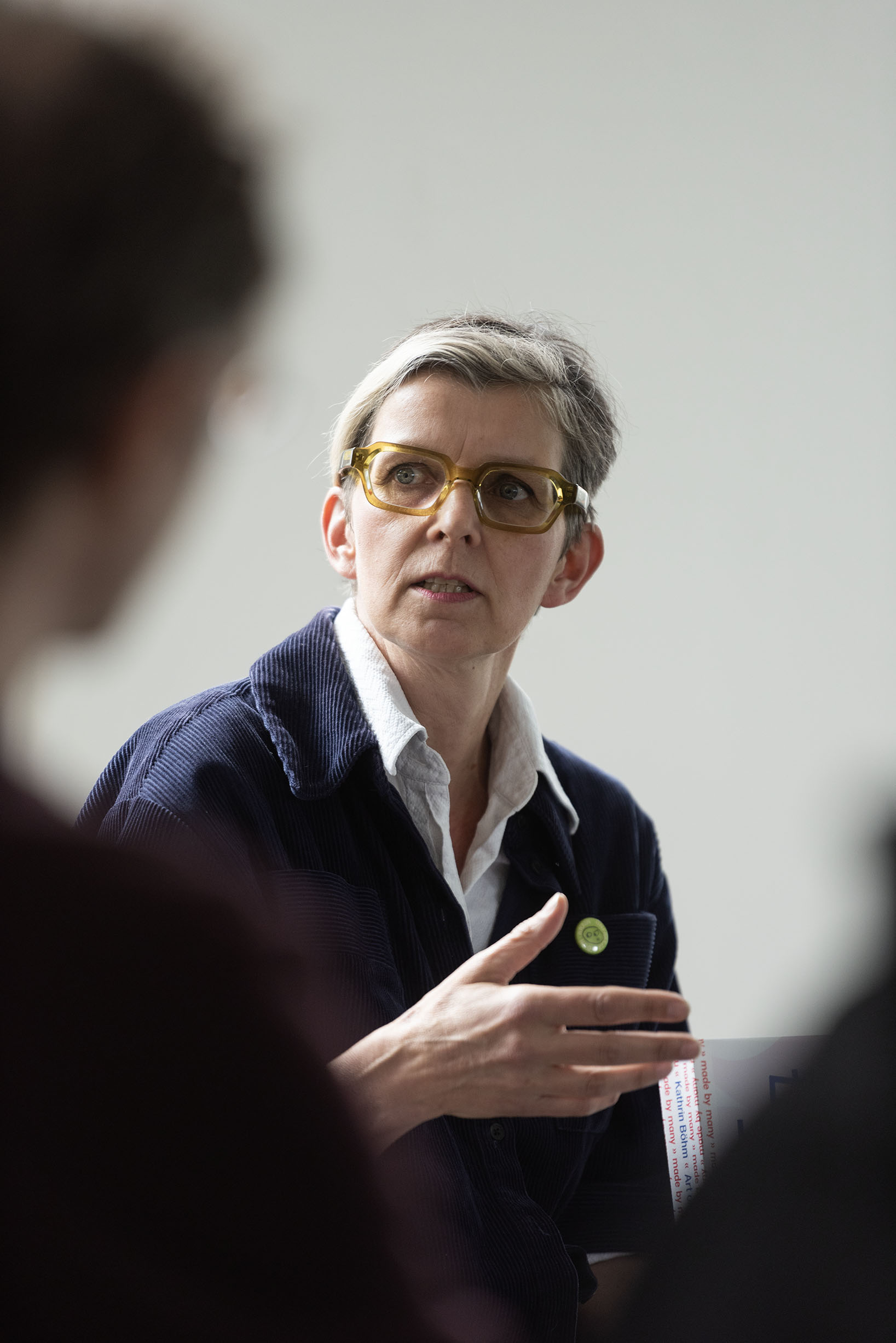
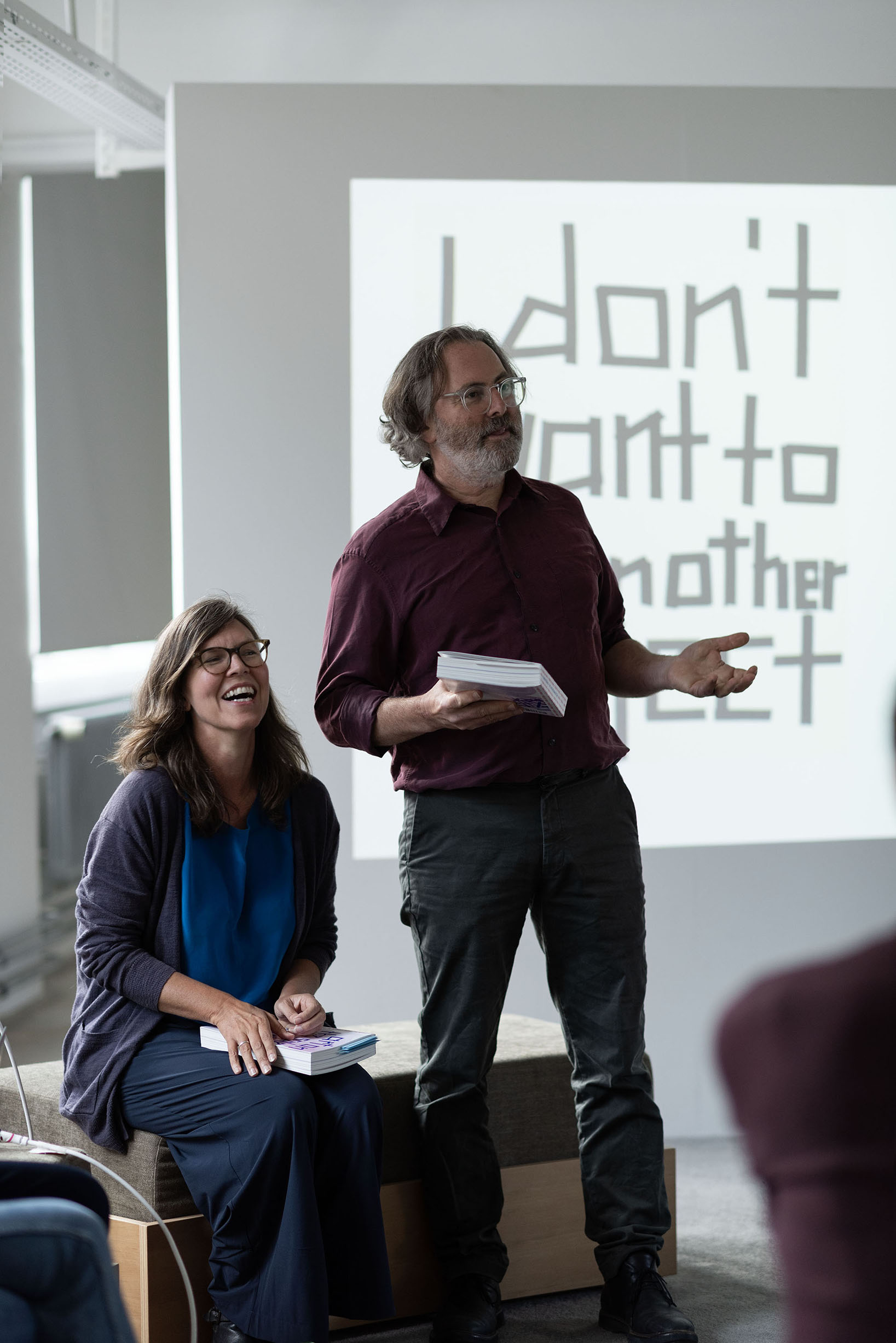

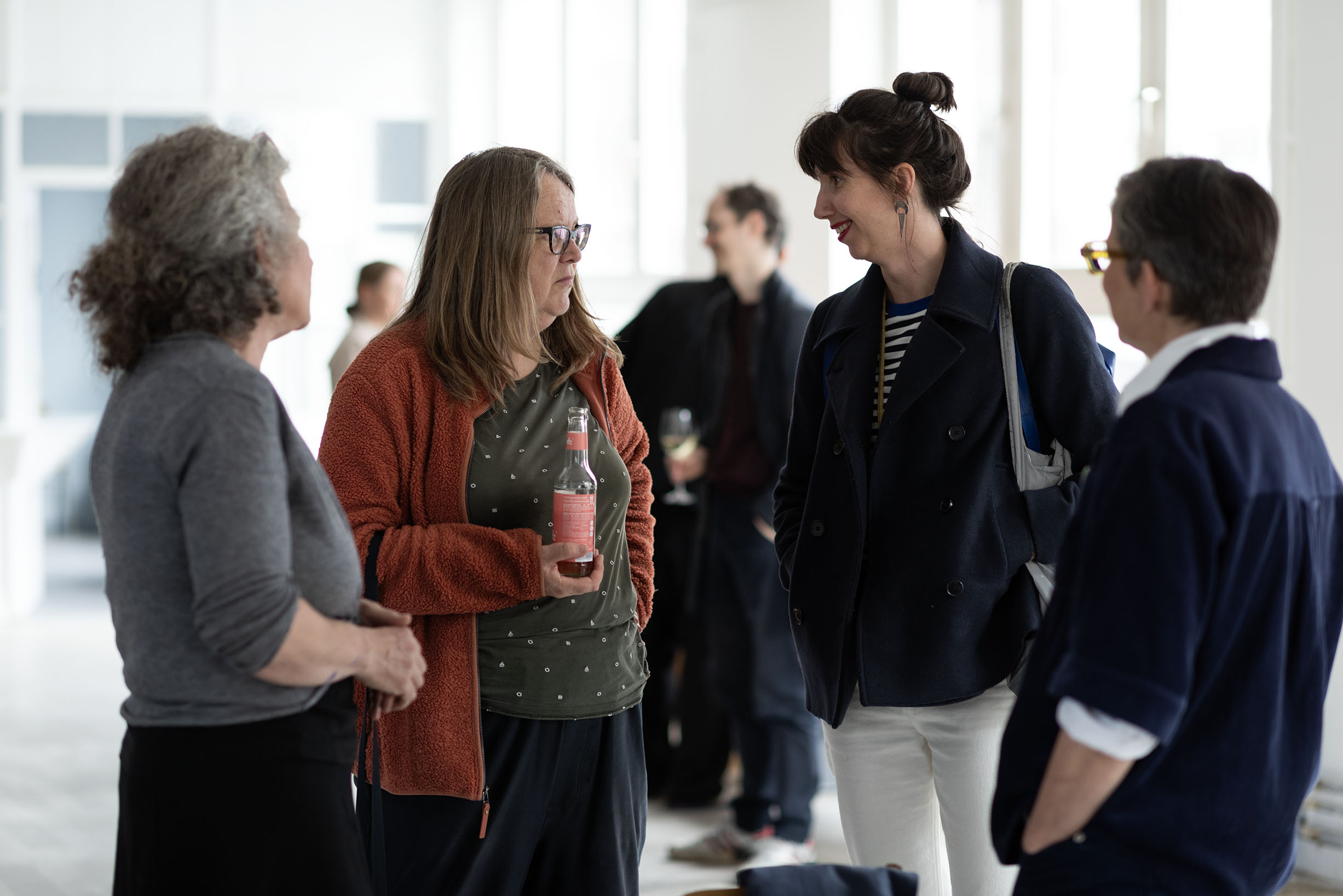
06:00pm–08:30pm
Beginning in June, Künstlerhaus Stuttgart will host kimchi artist Paul Sullivan to lead a series of public kimchi-making workshops as part of Paul’s Kimchi Café, a popup eatery that will be setting up shop on the 2nd floor, serving both Korean and Swabian kimchi and lightly fermented homemade noodles from locally sourced cabbage and other seasonal ingredients.
In preparation for this atmosphere of collaborative fermentation, you are invited to join Paul and others for a Kimchi Keramik workshop led by pottery maker and designer Yvette Hoffmann, in order to produce ceramic kimchi bowls to be used in Paul’s Kimchi Café and shared among workshop users: one for you, one for the café, one for you, one for the café…
The workshop is free of charge, and open to a maximum of 10 participants who will learn how to make bowls of different sizes using an over-moulding technique. Participants can make as many bowls as the time allows: typically between 4-5 bowls in the course of the evening. Drying, glazing and firing will be done subsequently by Yvette Hoffmann. The glaze firing will be done at 1240° C, making the bowls suitable for dishwasher. All materials, glazing and firing are free of charge. The course will be in both German and English and is suitable for beginners as well as for advanced potters. To register: info@kuenstlerhaus.de
Registration for the workshop is closed.
***
Yvette Hoffmann is a designer and maker. She creates and makes to explore the boundary between product and object and to discover the nature of material, process and form, in a spirit of understanding by doing and using. ‘It’s less about owning’, she says, ‘and more that you intuitively like to use it. Things you like to use, you don’t throw away so quickly. That is also a form of sustainability.’ Since founding her studio in 2011, she has worked on numerous experimental solo projects and collaborates regularly with artists and practitioners from other domains, and is currently developing a longterm wild clay harvesting project with artist Linda Weiss. She is also the Ceramics Workshop manager at Künstlerhaus Stuttgart. https://www.yvettehoffmann.com/
Paul Sullivan is a Liverpool-based architect and kimchi chef. He is founding director of the Static Complex, Liverpool (www.staticcomplex.com), a gallery/multi-use space that houses exhibitions, symposiums/debates, music gigs and film shoots, a kimchi bar and ten studio spaces for artists, architects, film-makers, graphic designers, creative practitioners and an International Residency programme. After travelling to South Korea in 2006, he founded Paul’s Kimchi Co to introduce Korean cuisine and Kimchi to Merseyside via a small pop-up Noodle Bar at Static Gallery. His company KIMCHI Human is dedicated to making the perfect Kimchi (www.kimchihuman.com)
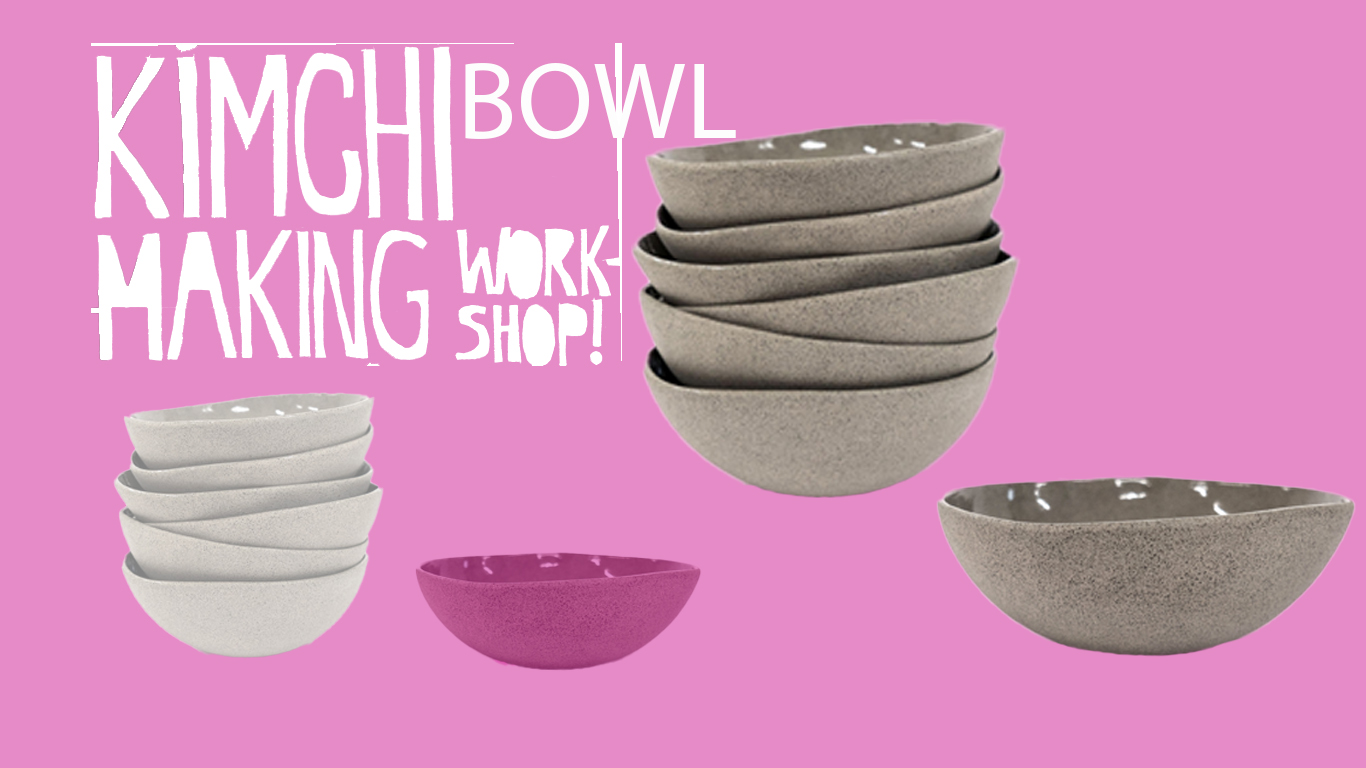

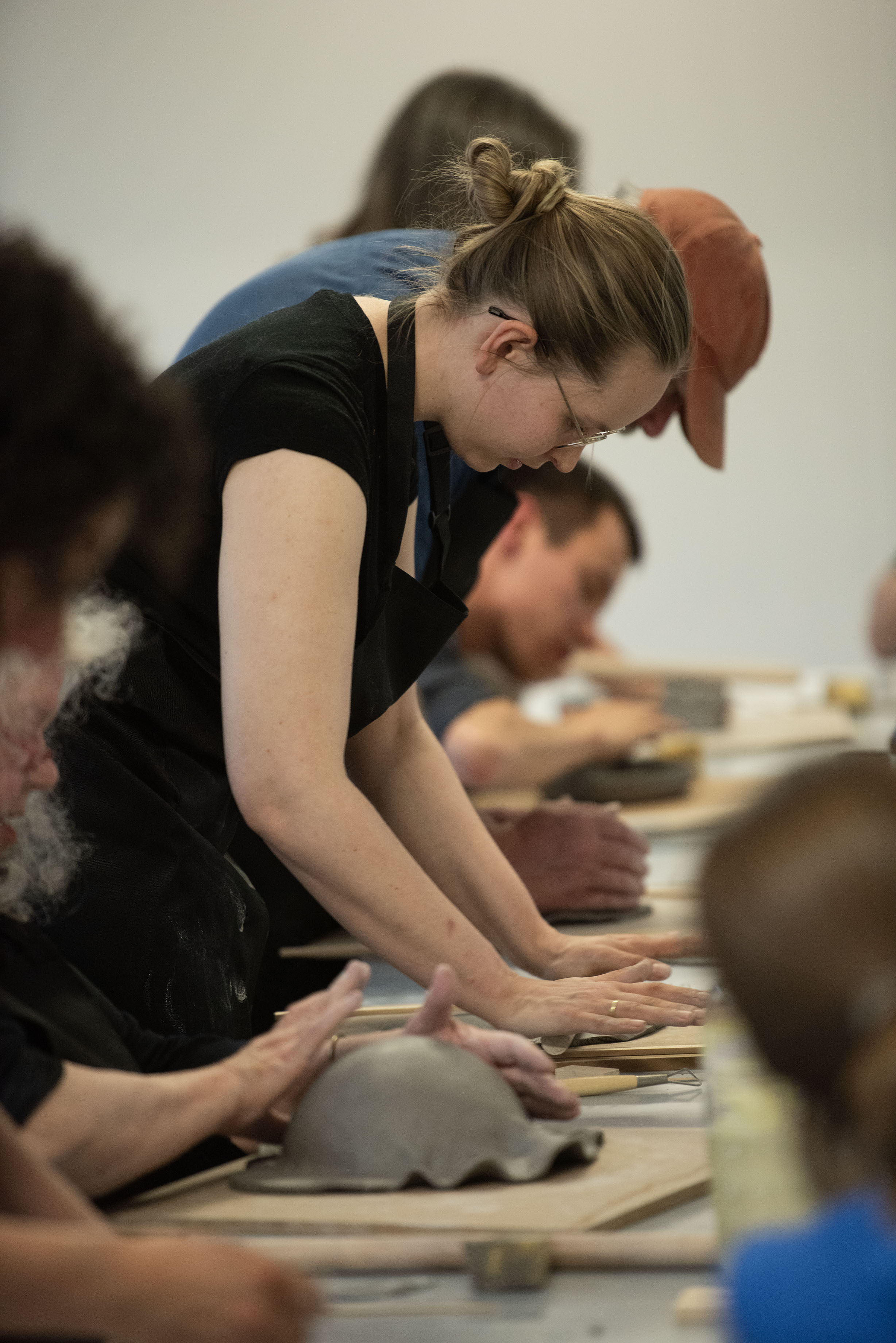
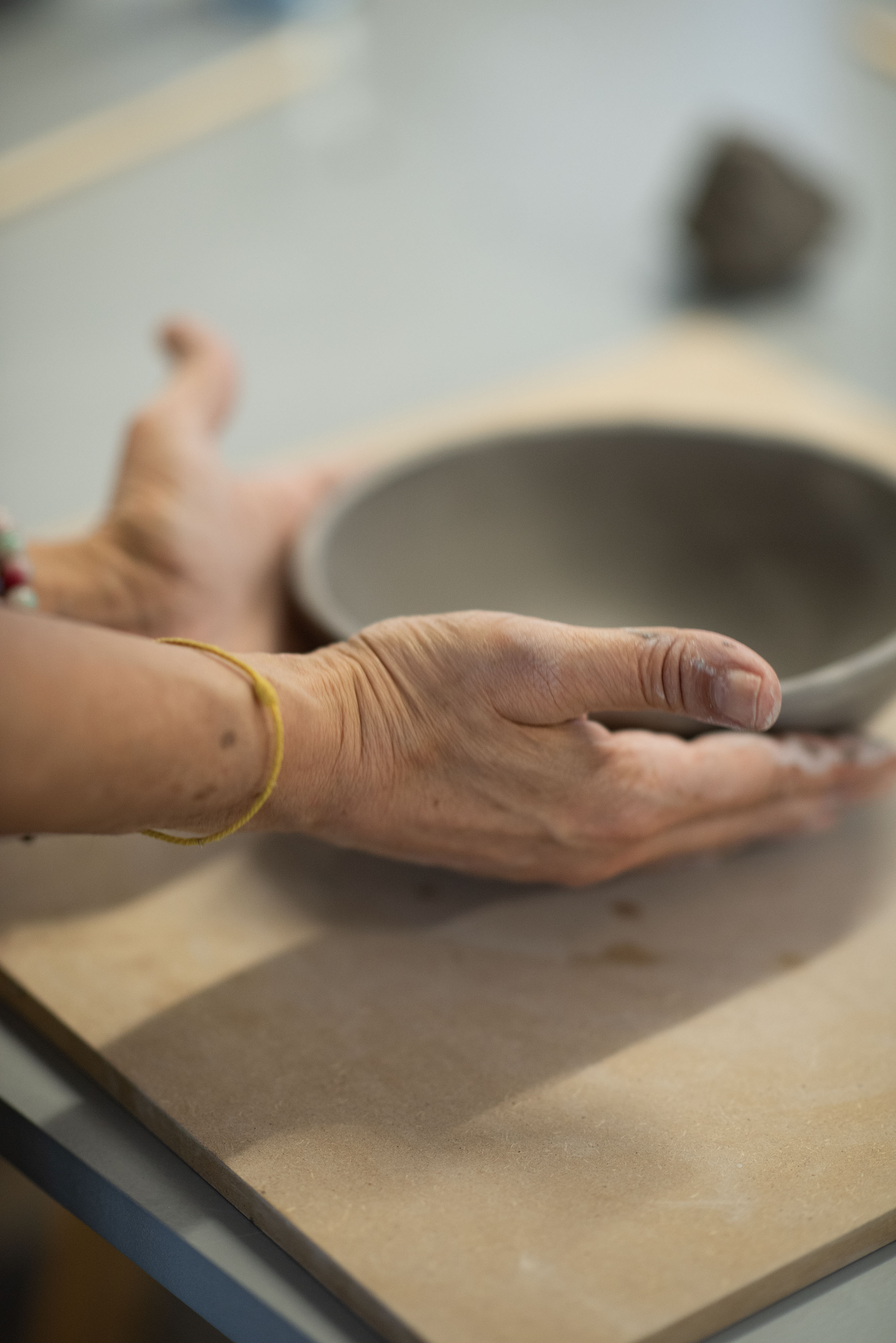
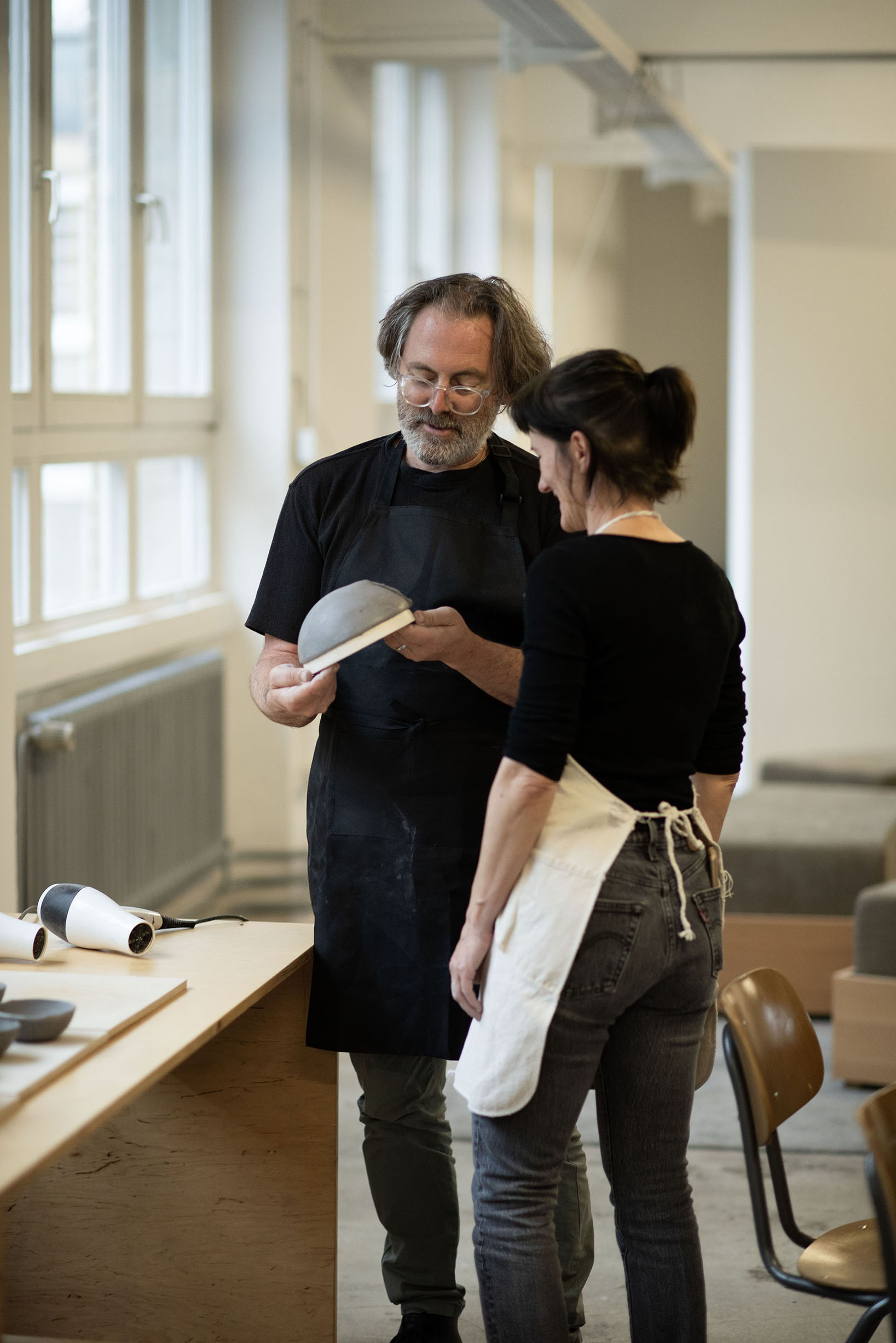
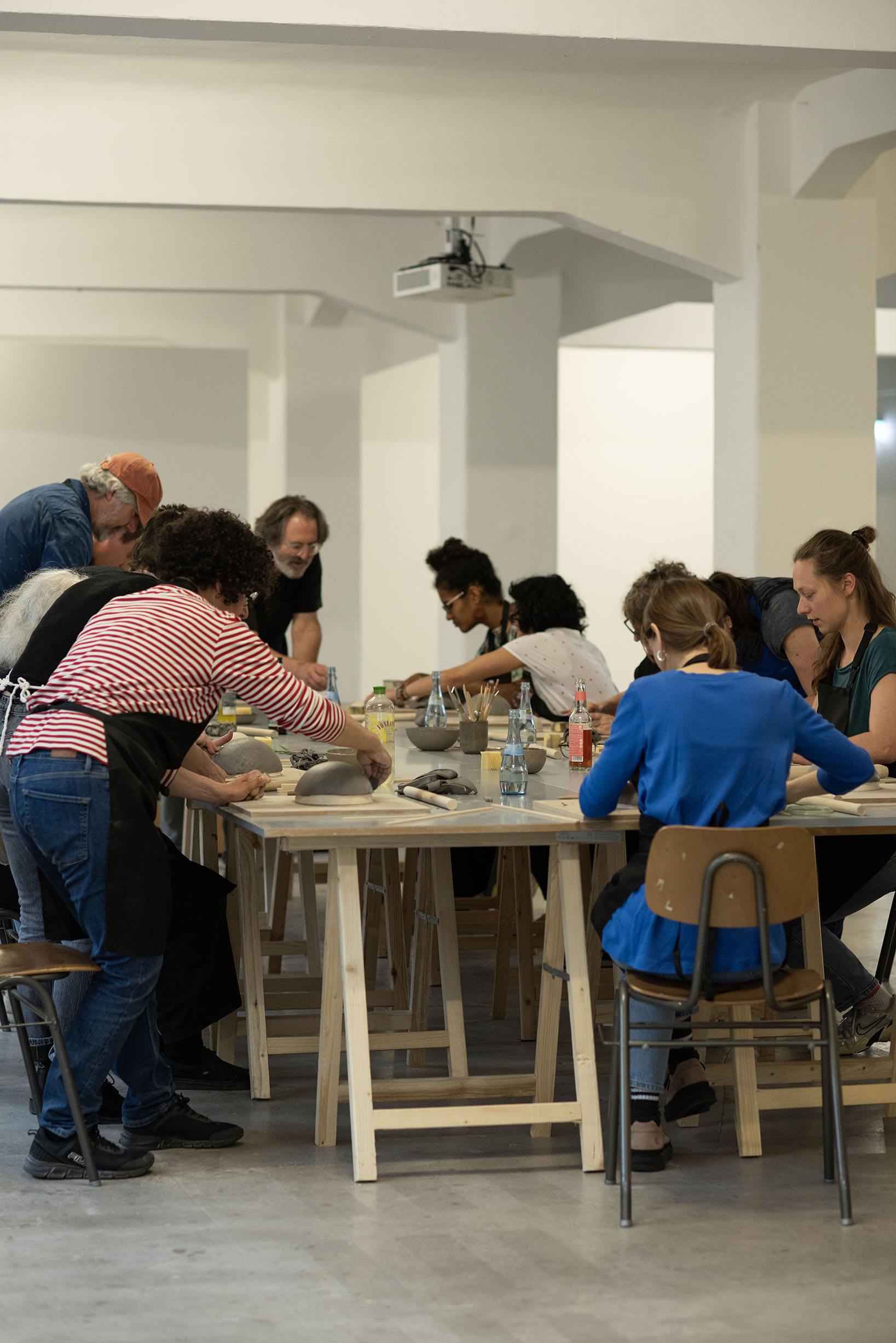
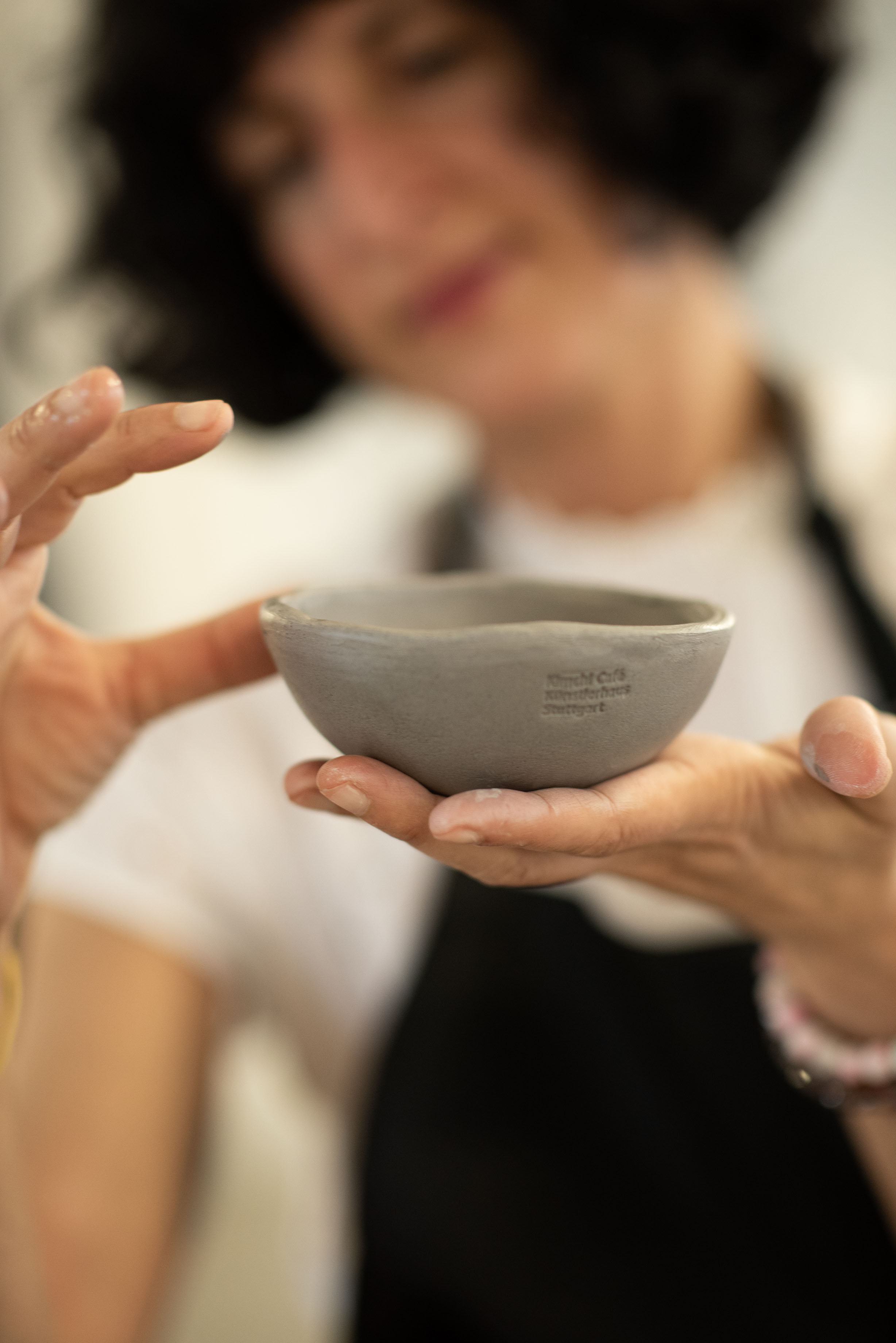
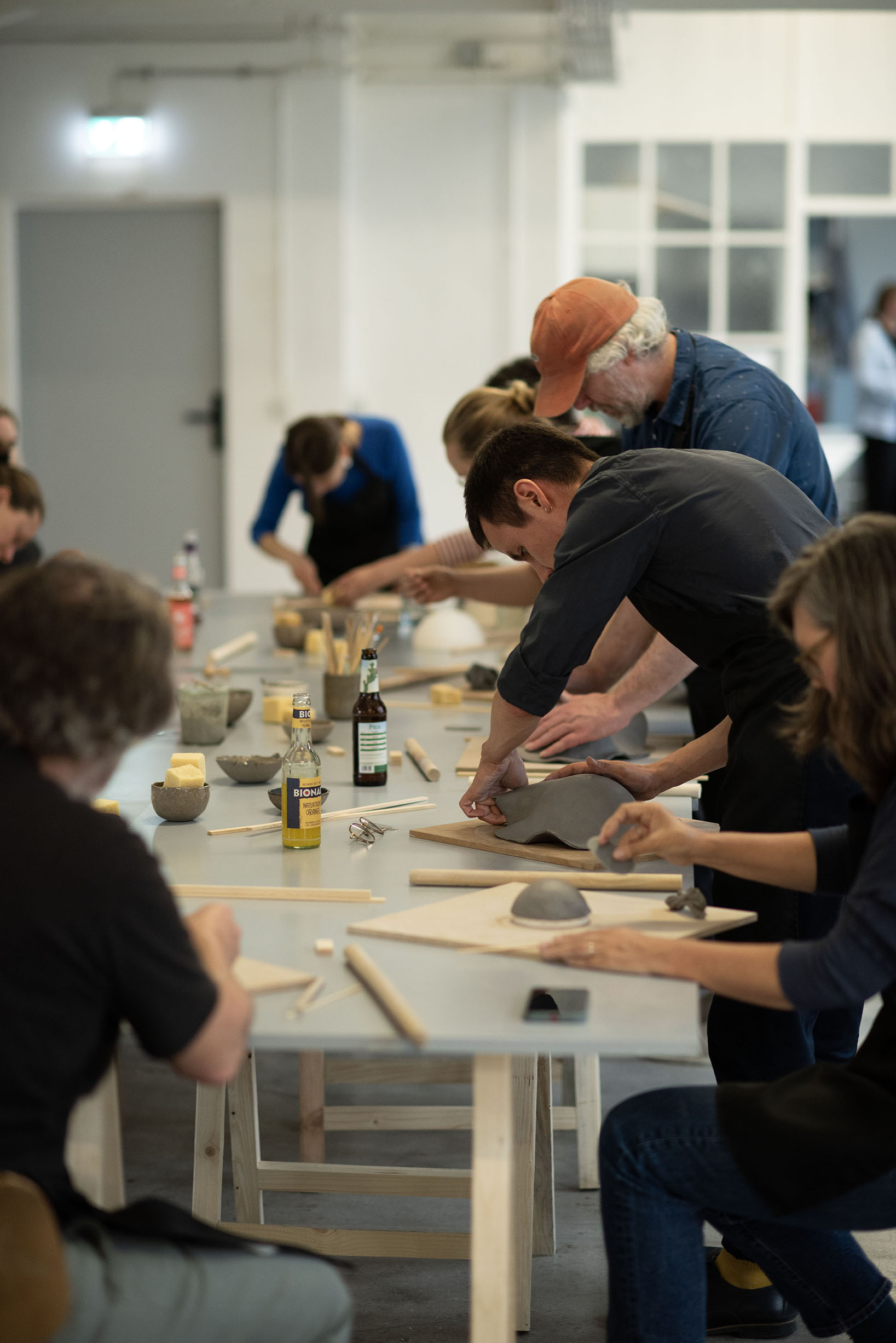
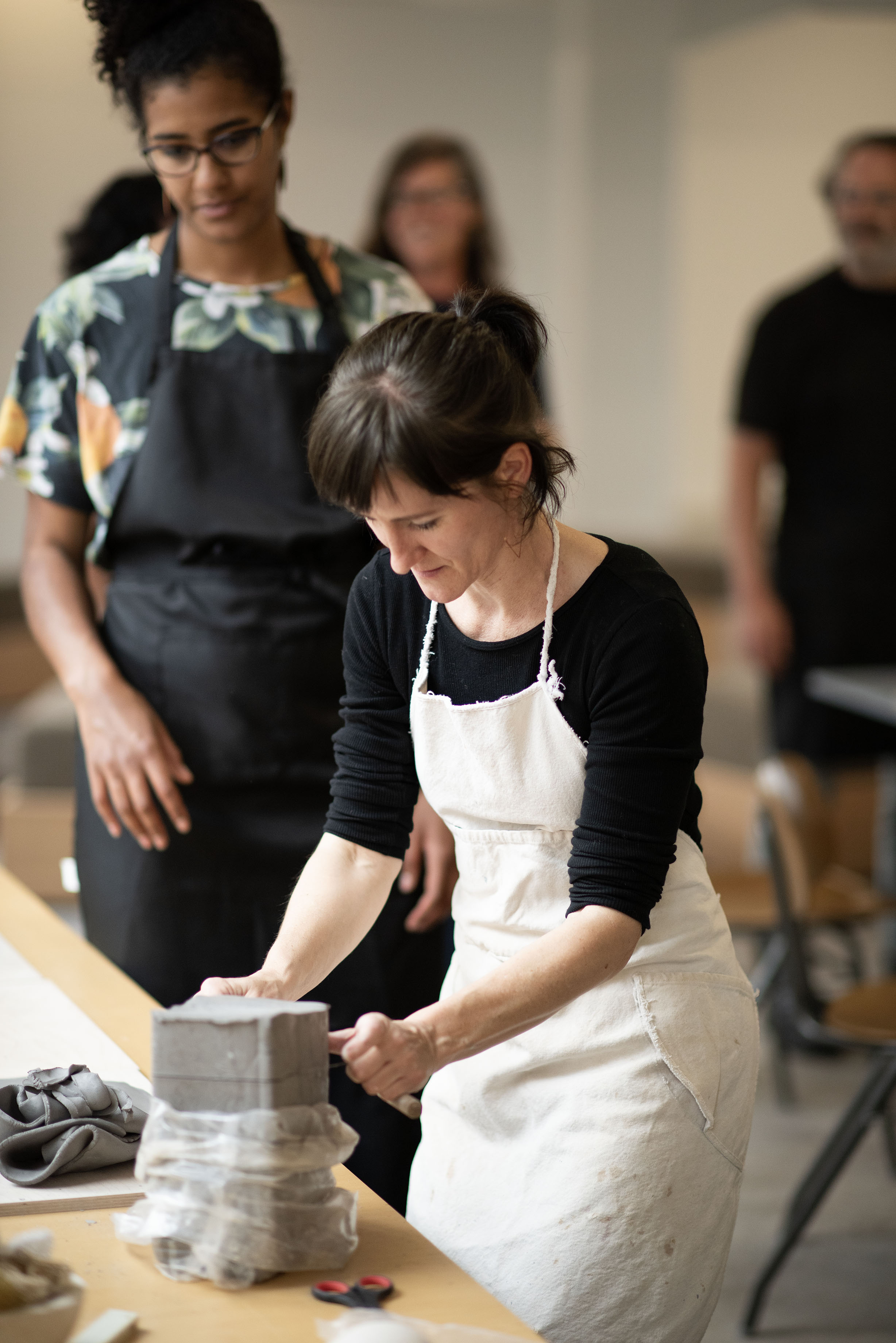

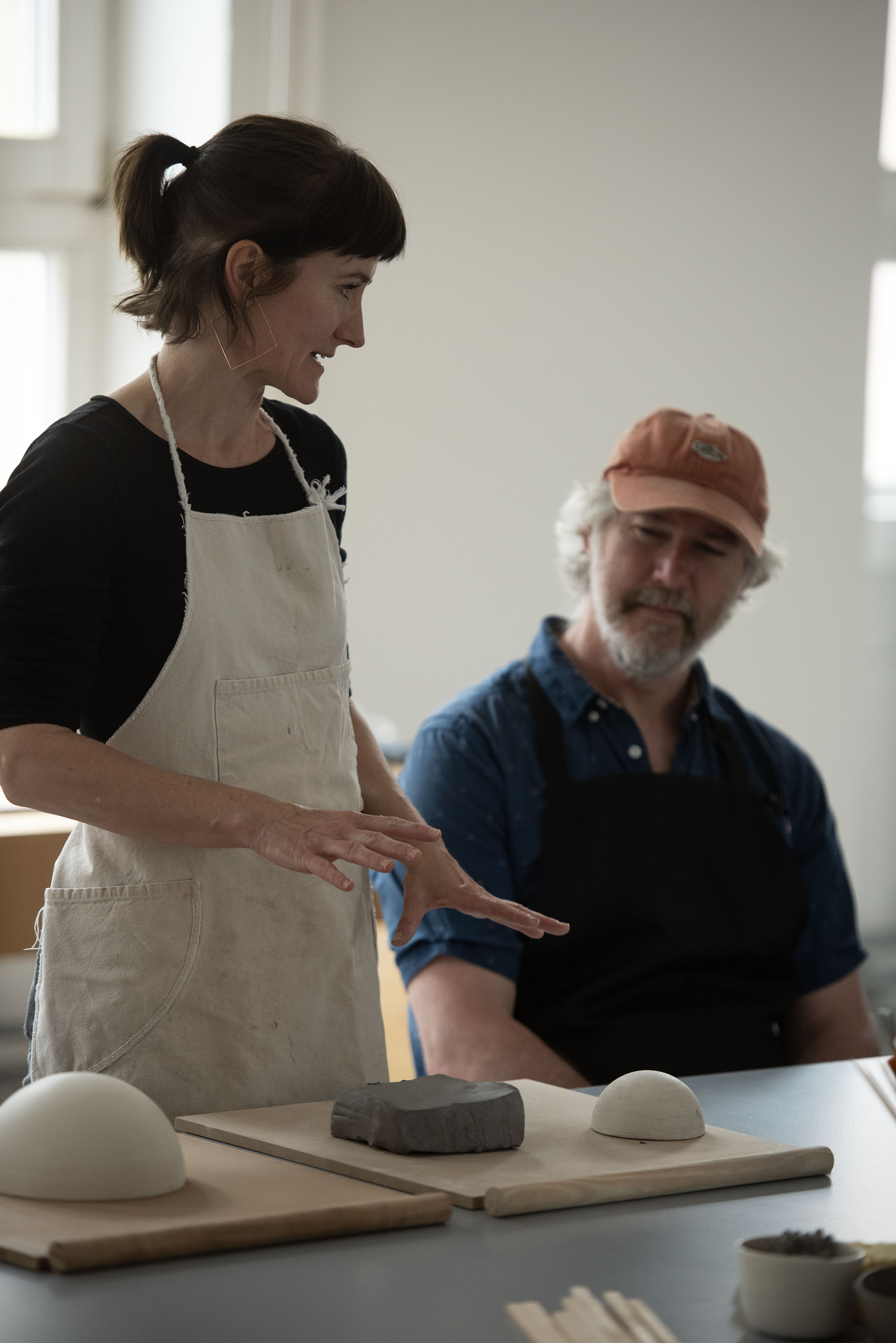
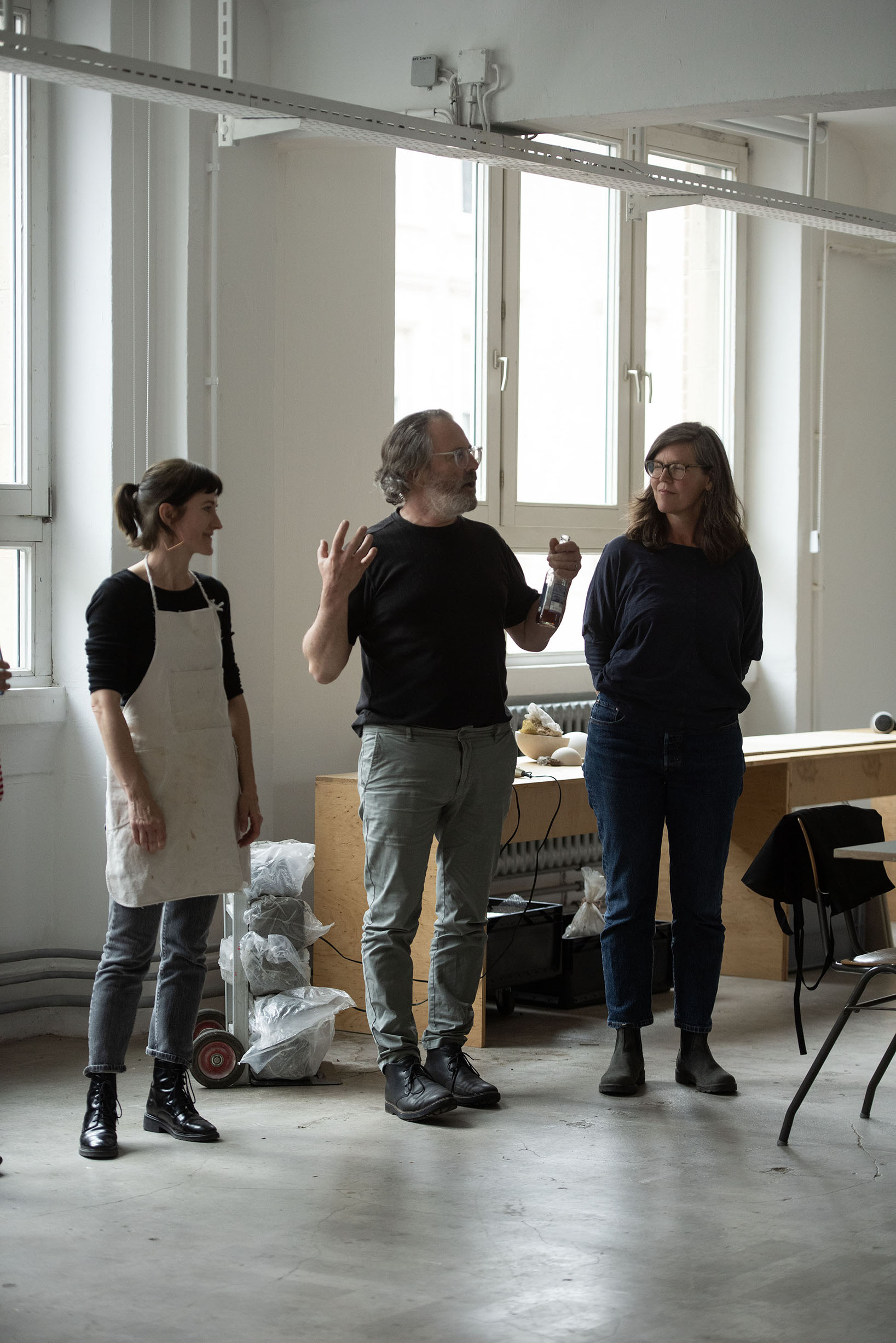
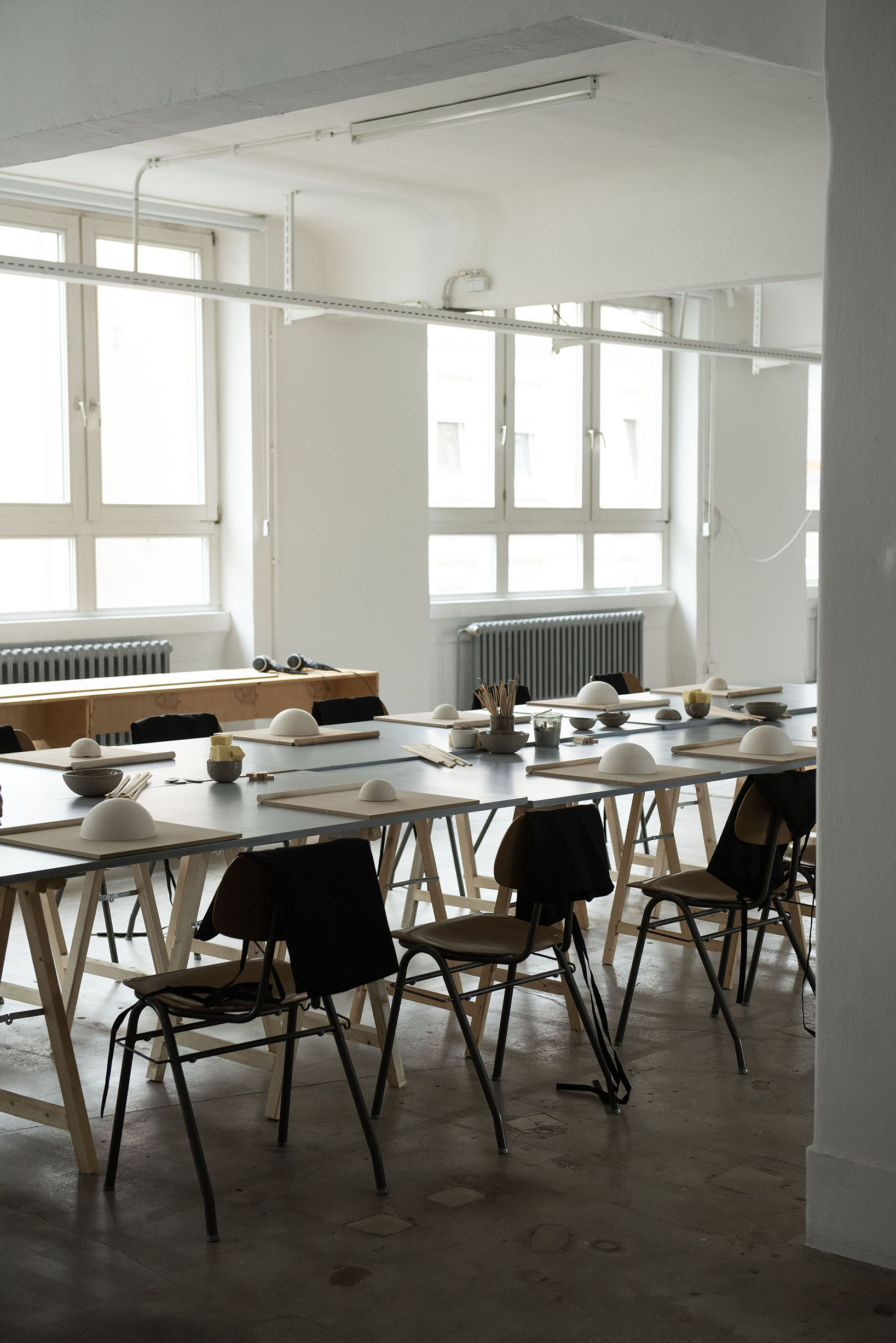
The staircase as a concert space – Ralph Gaukel uses the special acoustics for his sound and overtone instruments, deliberately avoiding electronic amplification.
The primeval sounds of the Australian didgeridoo can be heard, as well as the unspeakably light tones of the traditional Slovakian shepherd’s recorder Fujara and the rhythms of the dancing hands on the Swiss musical instrument “Hang”.
The ancient art of overtone singing can also be heard, as well as jew’s harps and the warm sound of the kalimba sansula.
A sonorous, even meditative experience.
The steps serve as seating, so please bring a seat cushion.
Tuesday Workshop
The Künstlerhaus invites an artist or a collective—meaning any artists or cultural workers from any field or discipline—to talk about their working methods as well as their backgrounds and approaches. We want to establish a platform for a more in-depth interaction with regard to artistic practice, and in doing so to create a network, show solidarity, and mutually strengthen one other.
The series is aimed at all members of Künstlerhaus Stuttgart, artists either living in Stuttgart and the surrounding area or just traveling through, all cultural workers, art mediators, curators, etc., and is open to everyone!
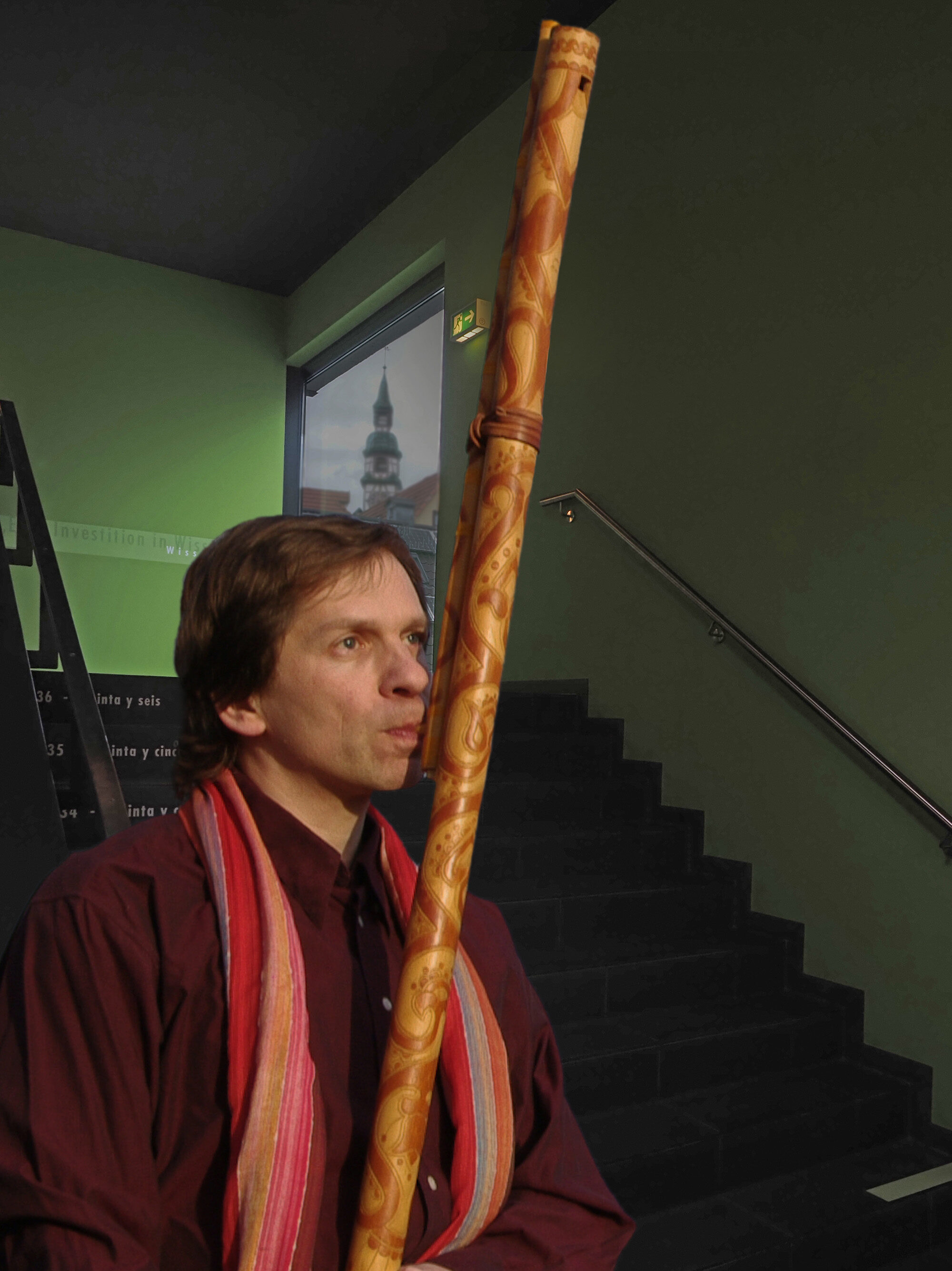
The Fourth Organ invites you to cook and eat together in May.
The Fourth Organ is a place for, with and by the membership of the Künstlerhaus. It can be and become many things. At the next meeting, we want to devote ourselves to the aesthetic practice of cooking.
Some say that the simplest of all soups is vegetable soup/minestrone.
The quality of the food is always important. They are the focus and have an influence on the taste and the result.
So on Saturday, May 4, 2024, from 4.30 p.m., we want to chop and cook together on the 3rd floor and then eat, exchange ideas and feel good in a convivial get-together. The ingredients will be bought fresh from the Stuttgart weekly market on Saturday.
Please register by Sunday, April 28, 2024 at info@kuenstlerhaus.de.
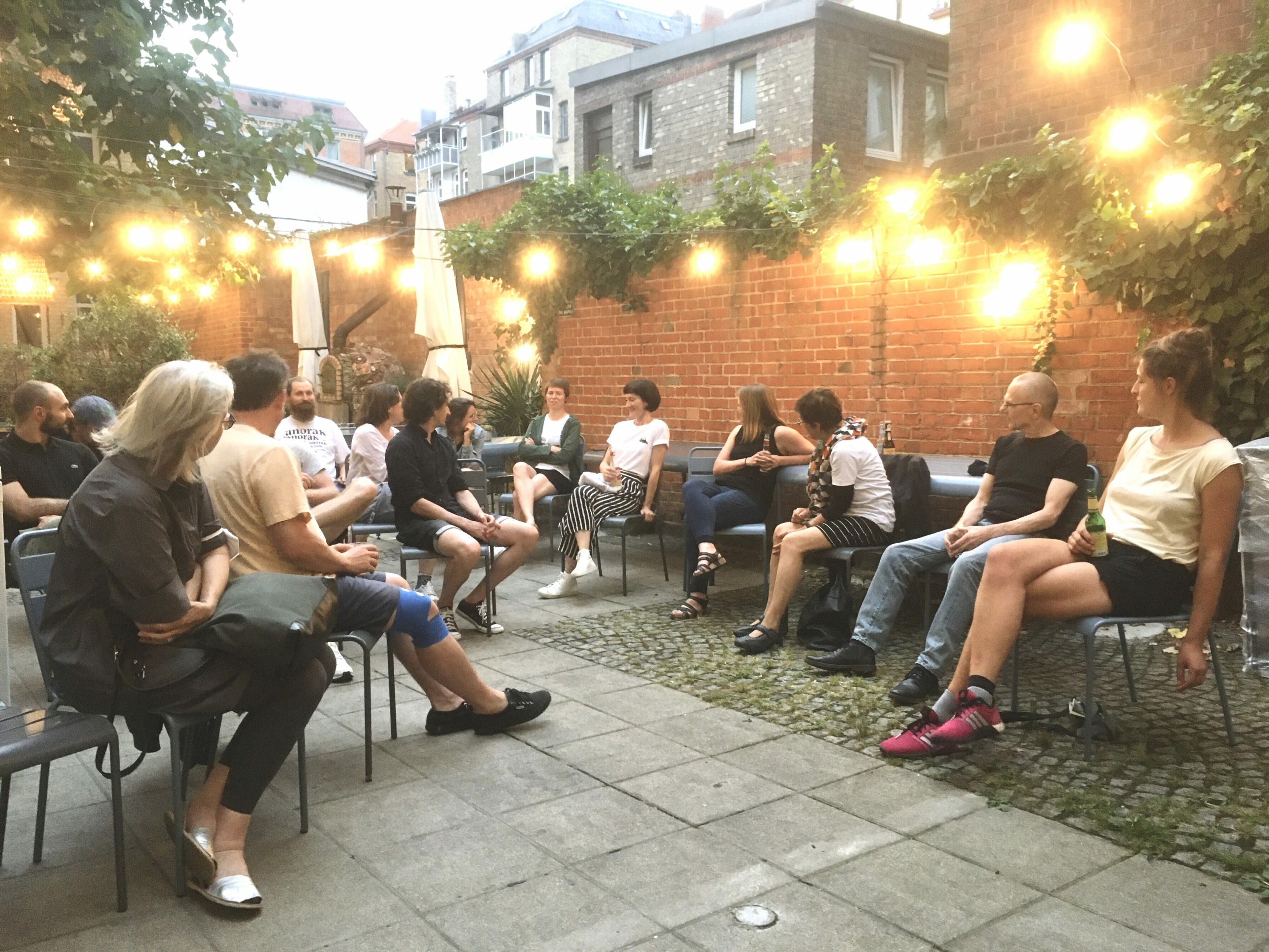
Rotting Hegel is a multi-phased operative installation proposed by SPORA in collaboration with other mycelial agents at the Künstlerhaus Stuttgart, during which fungal hyphae will entangle themselves in the pages of the human philosopher, feeding on the cellulose impregnated with words and concepts. Fungi have the power to transform dead matter into new fruit — but what of the spirit of Hegel’s corpus? As the fungi farm fructifies on the shelves of the library, which passages will prove most fruitful?
Fungi are known for their wry and unpredictable humour: stop by to see which concepts the mushrooms find nourishing, and which distasteful. It is well known, too, that in his Aesthetics, Hegel declared the death of art — ‘in its highest destiny’ wrote the harbinger of philosophical modernity, ‘art is a thing of the past’, mapping the way to the advent of conceptual art. Two centuries on, it feels urgent, and useful, to metabolize the great dialectician in an atmosphere of rot.
Rotting Hegel will culminate with a communal meal of a phenomenal mushroom risotto, in the library-farm where they grew, allowing diners to immediately assimilate Hegel.
Rotting Hegel Library Hours: Saturdays 12 pm to 6 pm
Myceliating Hegel: An introductory mycelium workshop
May 2, 6 pm – 9 pm
On 2 May, to launch Rotting Hegel, its operative installation at Künstlerhaus Stuttgart, SPORA has chosen a collective and user-friendly methodology, through a workshop introducing participants to the techniques of home-grown mycology and small-scale mushroom farming. In this case, the substrate will be the complete works of Hegel. Using nature’s largest decomposer, this workshop invites participants to myceliate the pages of Stuttgart’s philosopher-monument. From the pages of Hegel’s work, clusters of oyster mushrooms will fructify over the following weeks to be incorporated into a collective meal. Rather than a philosophy of mycelium — with which Hegel’s thought abounds — SPORA proposes a myceliation of philosophy.
In this 3-hour workshop, you will learn the basic theory and practice of cultivating fungi — everything you need to know to turn your home library (or woodshed) into a mushroom farm!
No previous fungal knowledge necessary. F
ree of charge for beginners or advanced Hegelians of all ages.
Registration required: info@kuenstlerhaus.de
About the collective SPORA
SPORA is an extradisciplinary project driven by the concept of mycelium as a methodology and observation tool of the almost invisible. Co-created in 2021 by Charlotte Janis (artist) and Roberto Dell’Orco (artist, landscaper, and architect), SPORA is based at the artist-run space Les Ateliers Wonder in Bobigny (France). Over the past three years, SPORA has initiated, joined, and connected research-based actions including exhibitions, participatory workshops, hybrid installations and performances, forest walks, public space landscape interventions and academic research programs. On each of these occasions, interactions with participants spanning different generations create a rhizomatic aspect facilitating new possibilities and transdisciplinary collaborations, all centred around exploring the intricacies of the fungal world. Viewing mycelium as the message fosters a deepened understanding of living organisms, soils, and the interconnections between humans and non-humans, depicting these interdisciplinary dialogues as unifying narratives of science-friction.
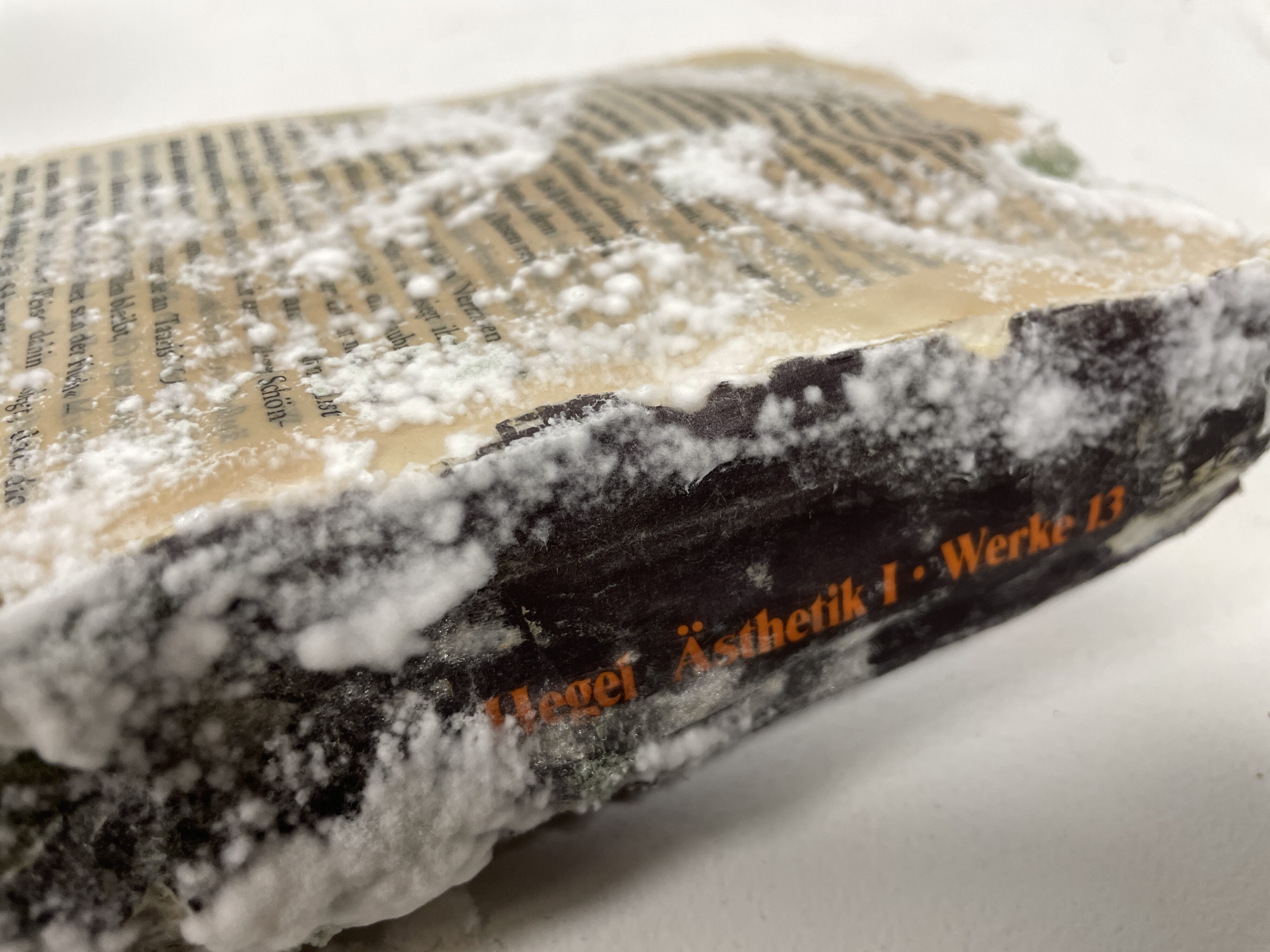
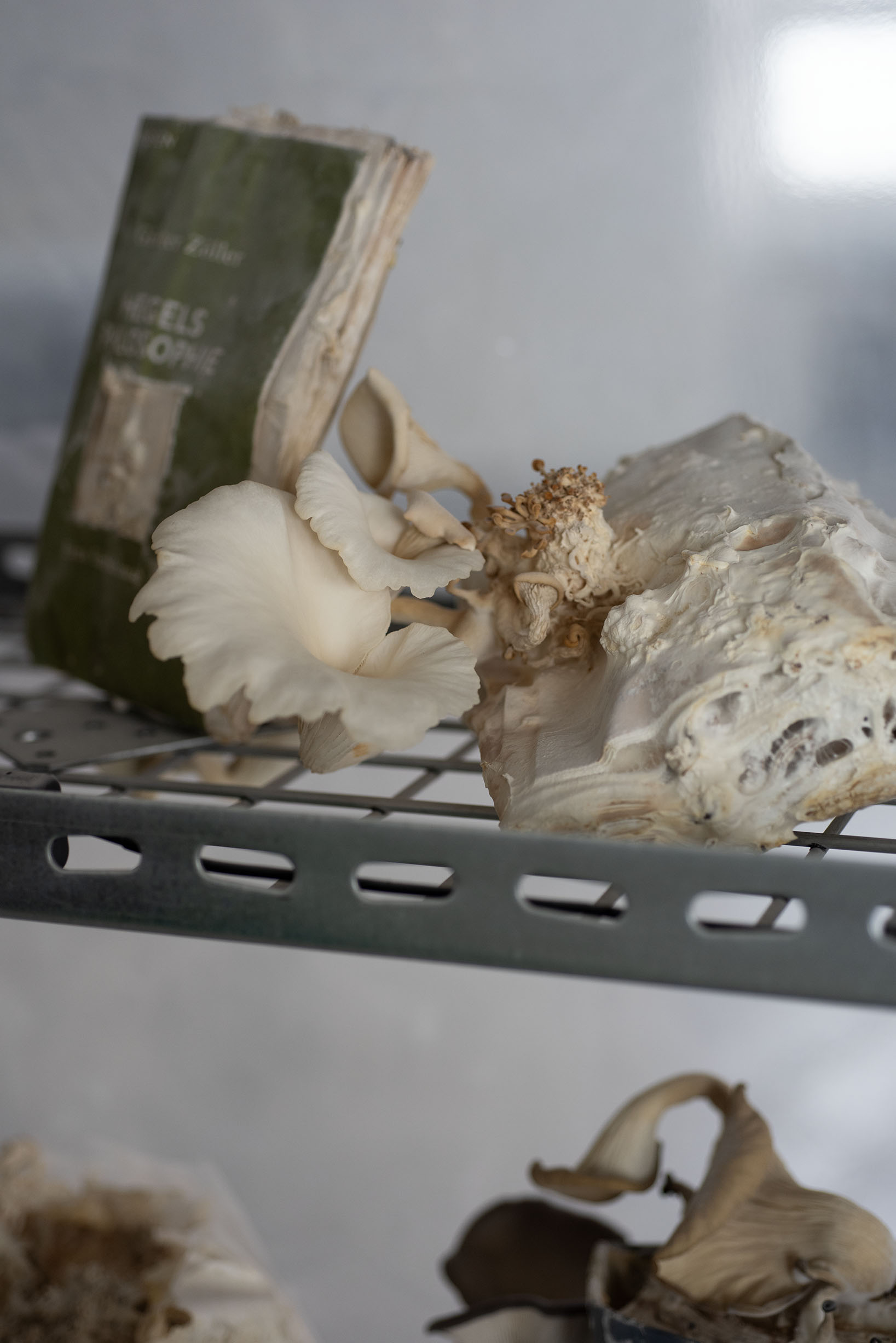
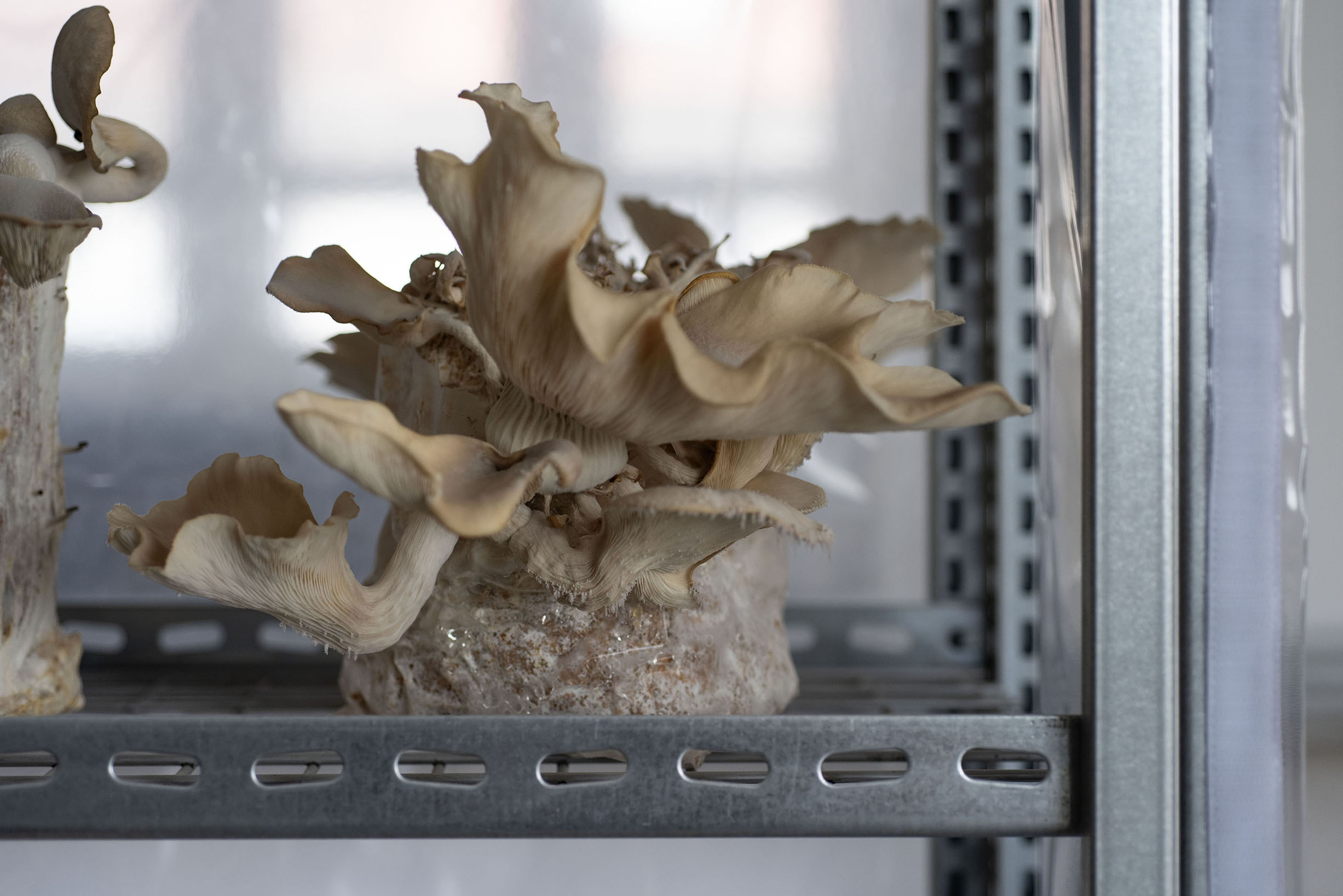
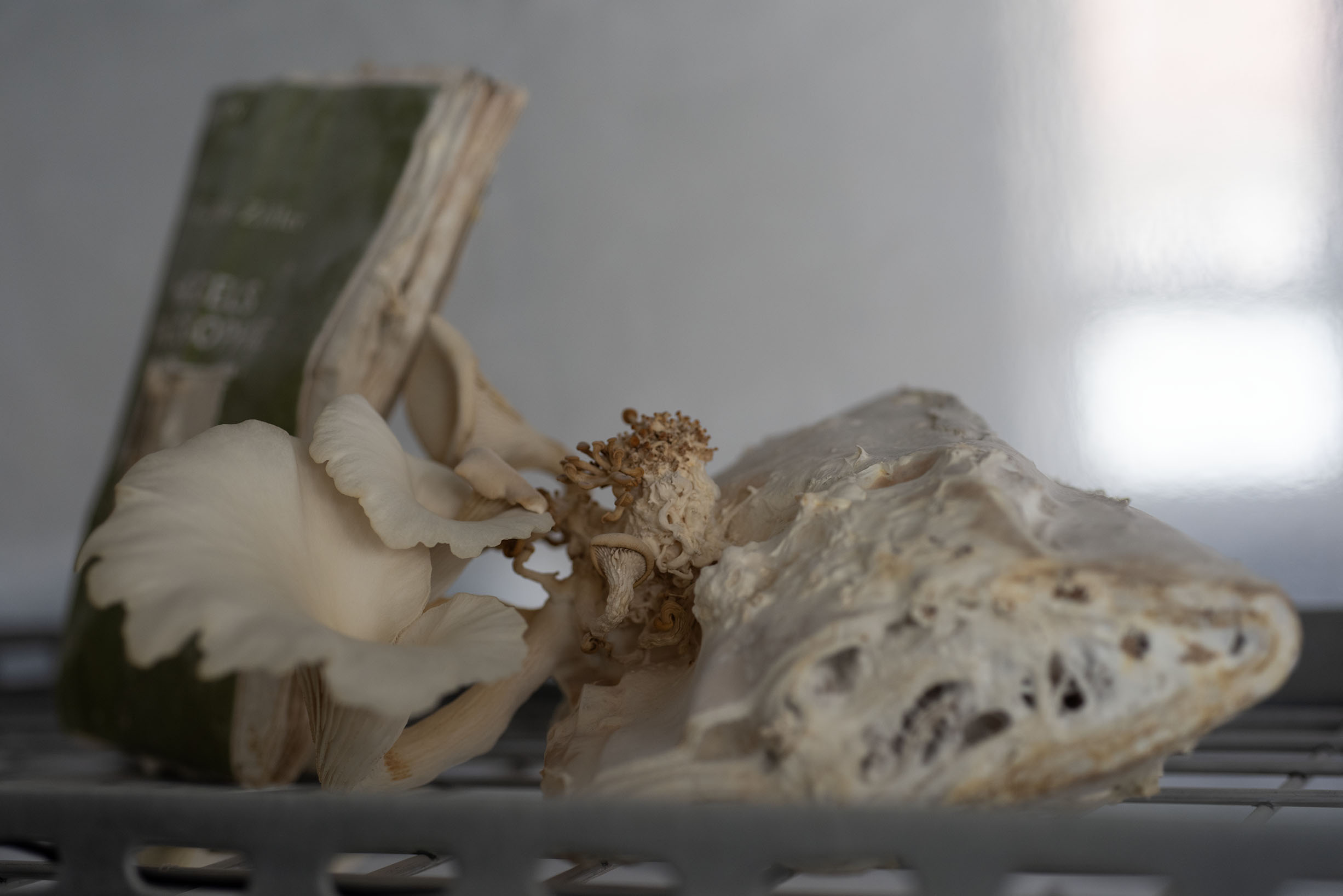
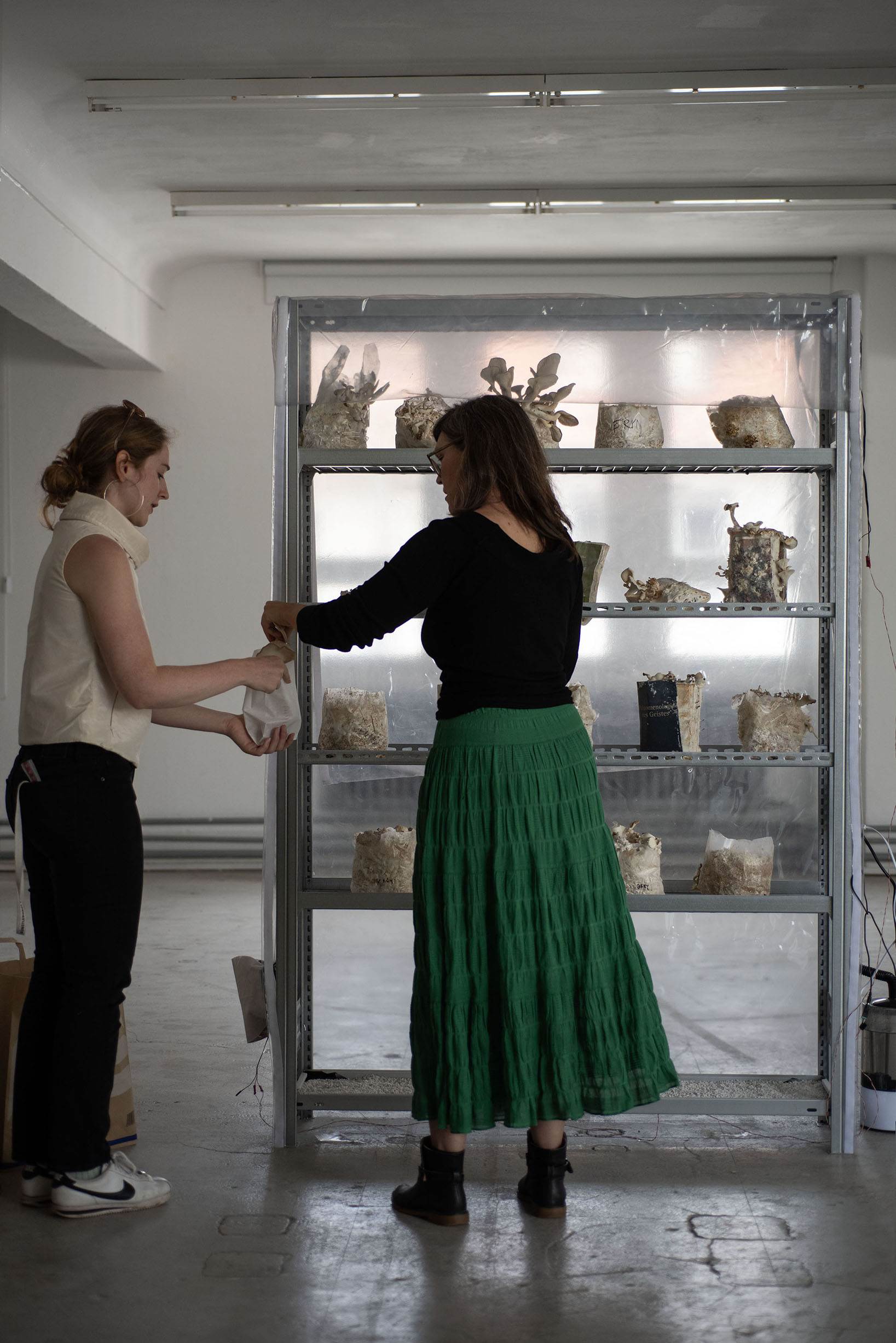
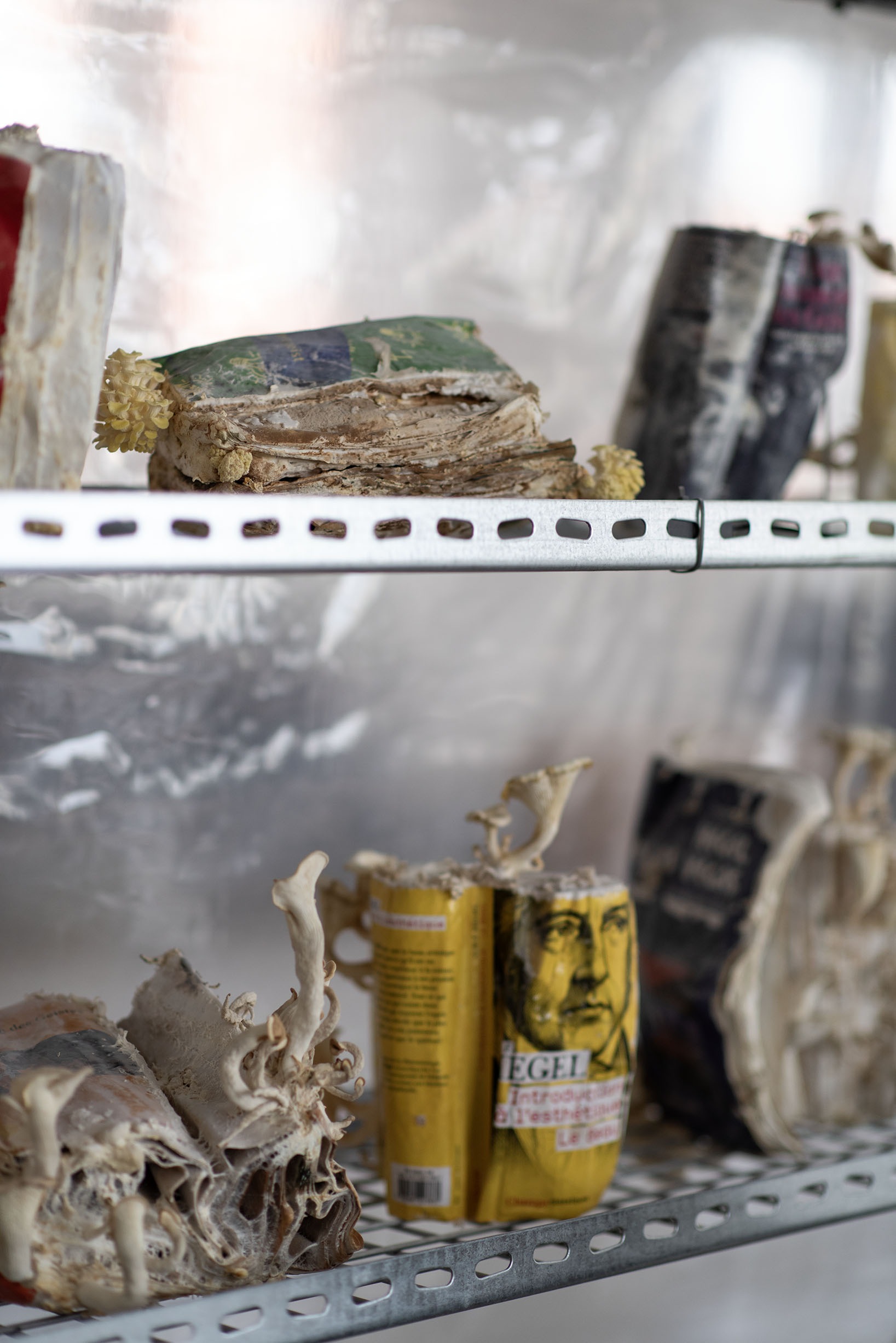
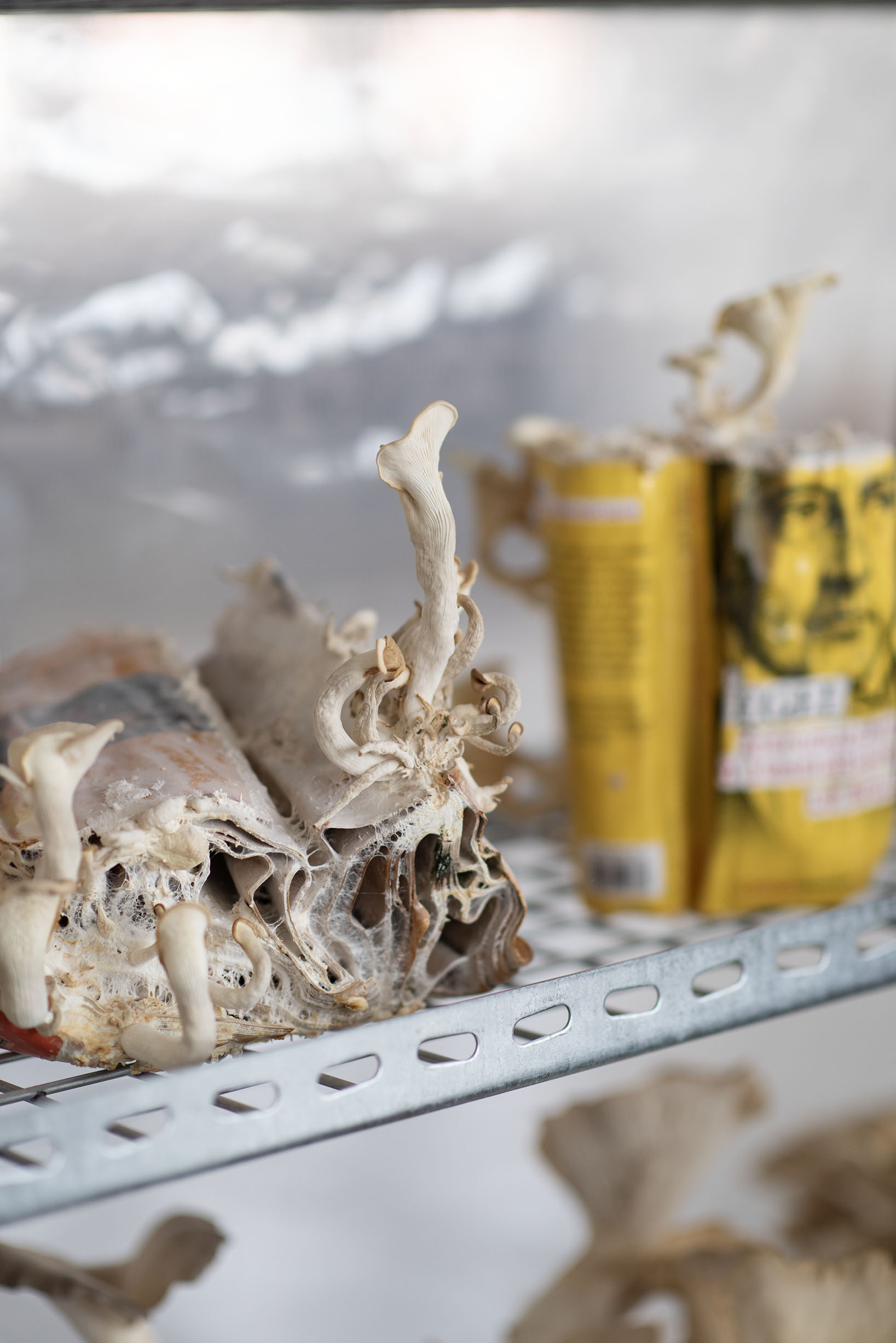
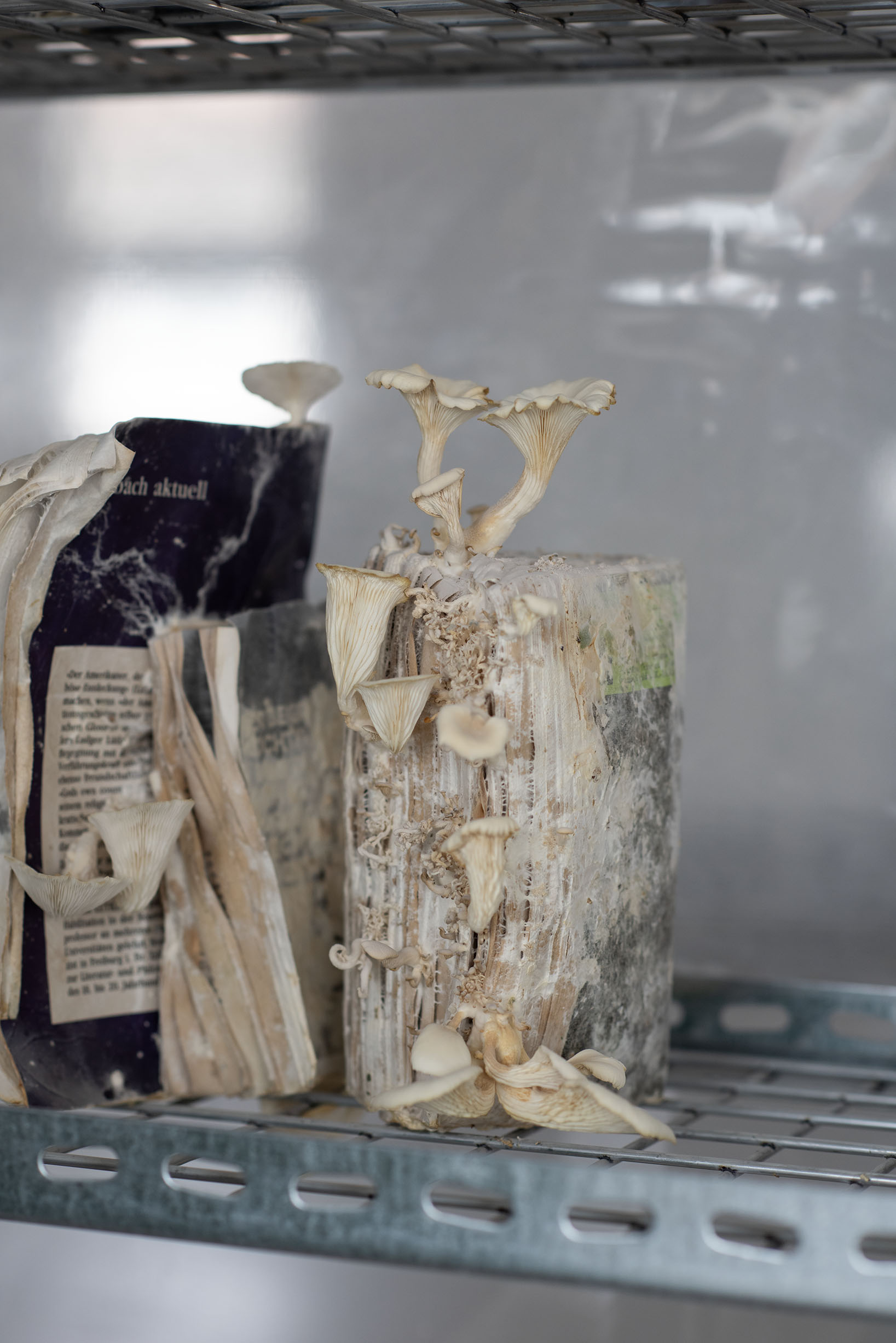
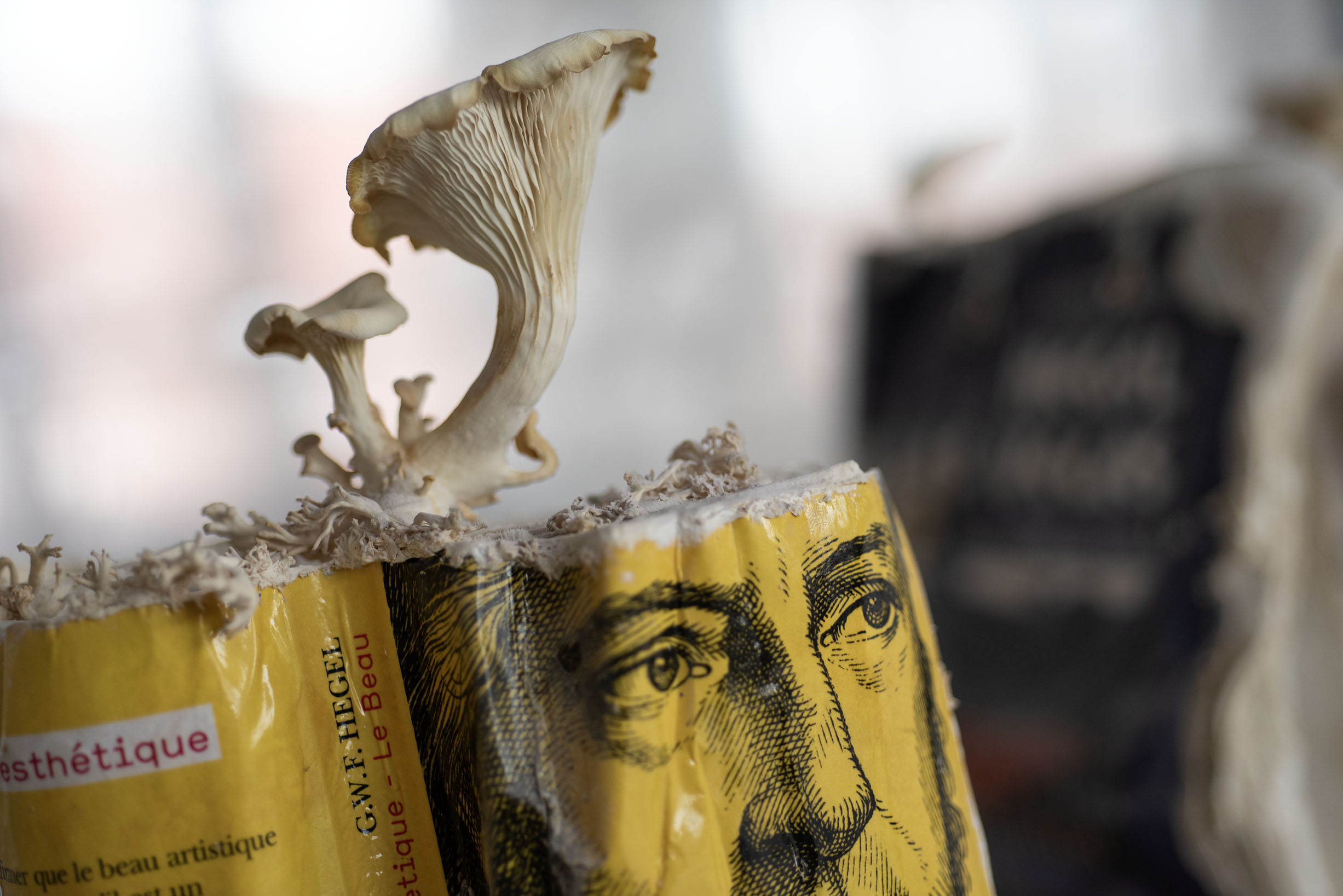

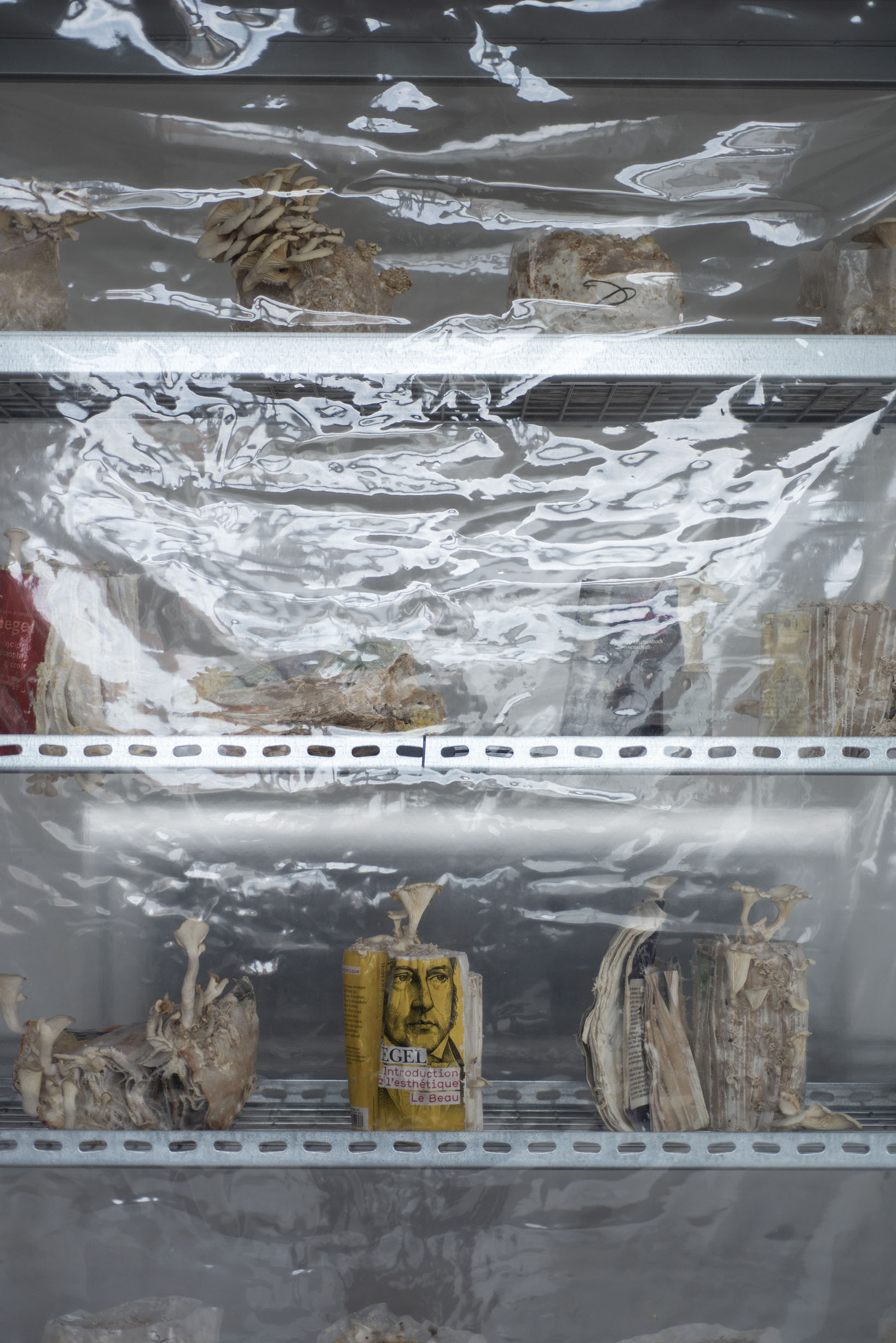
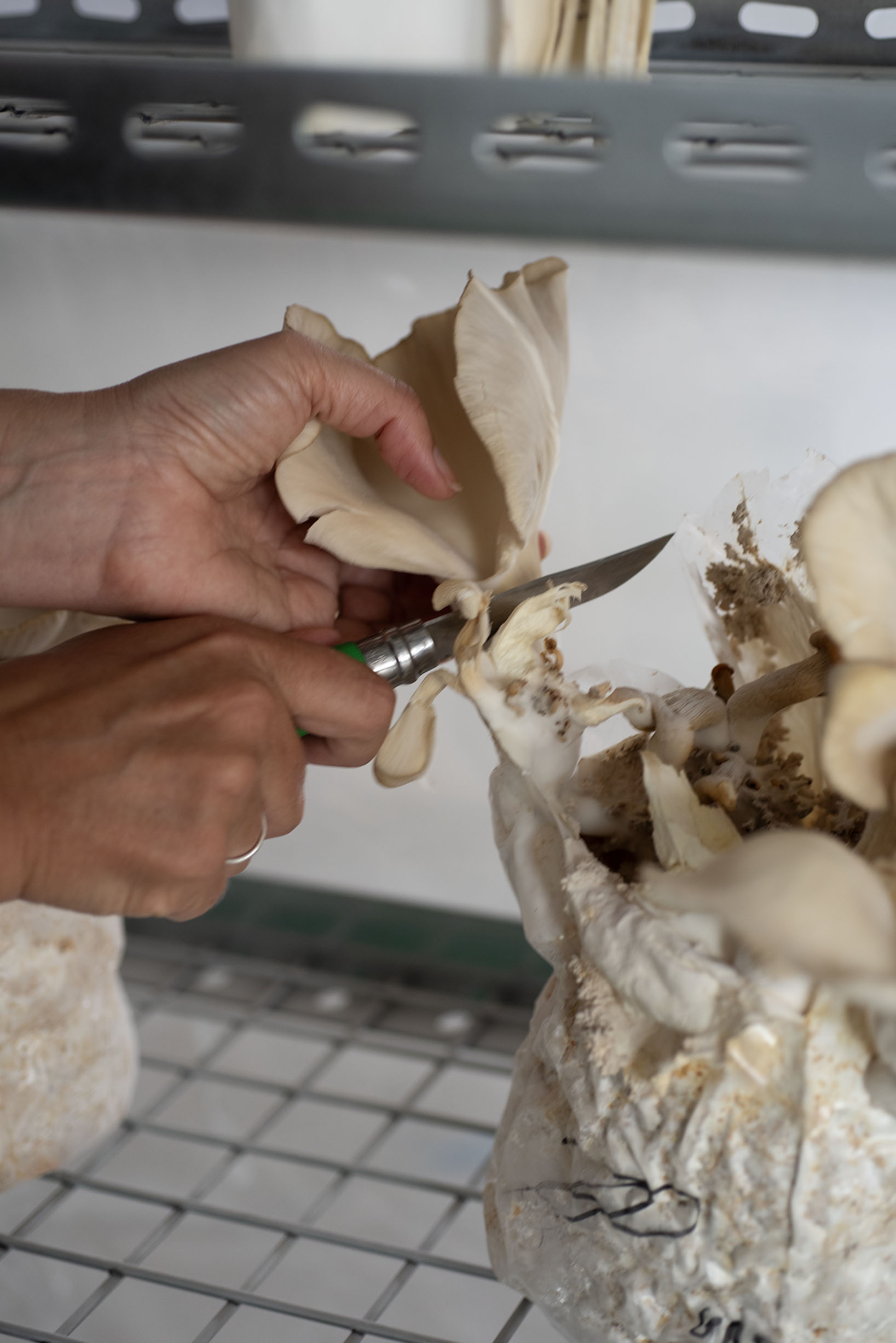
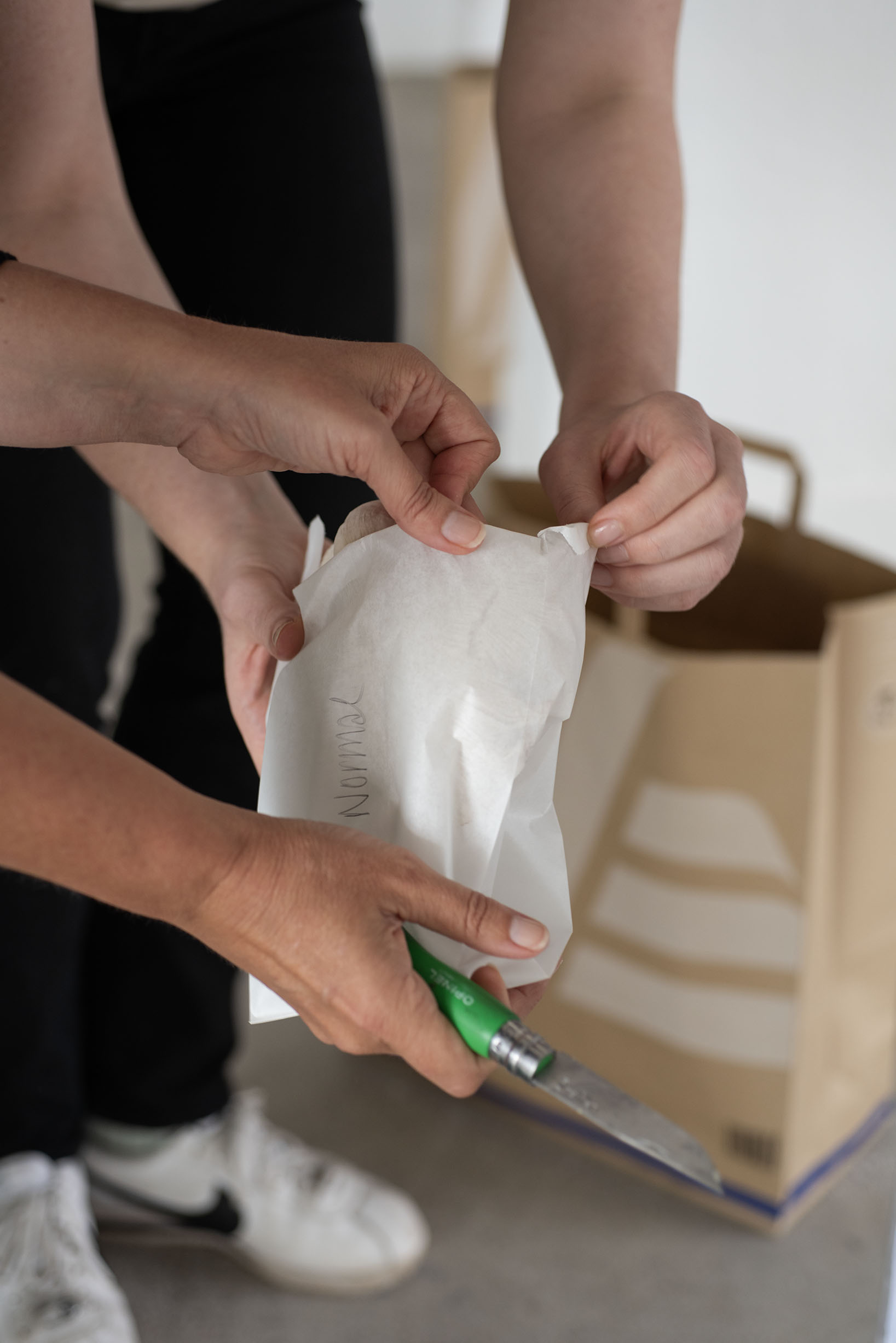
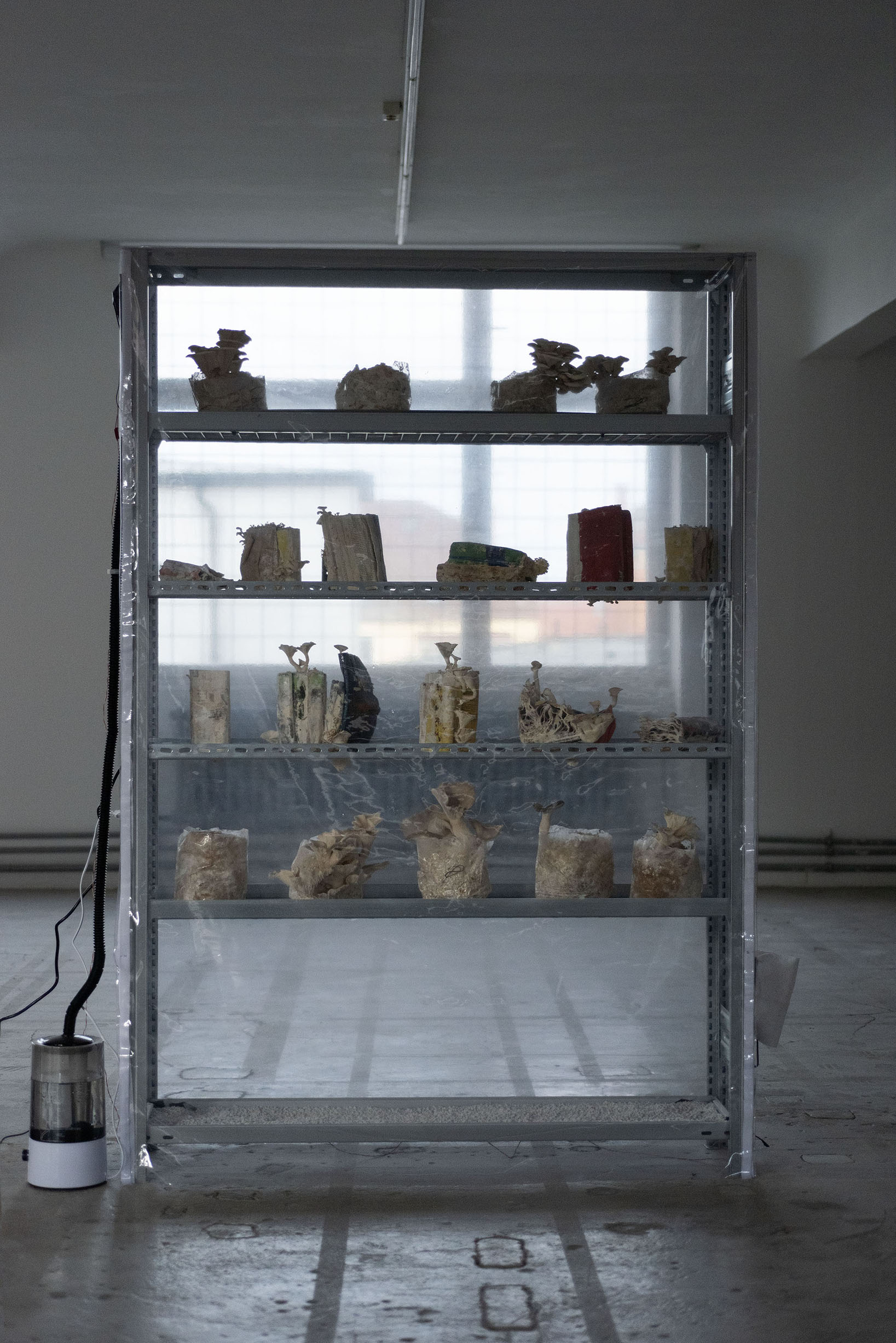
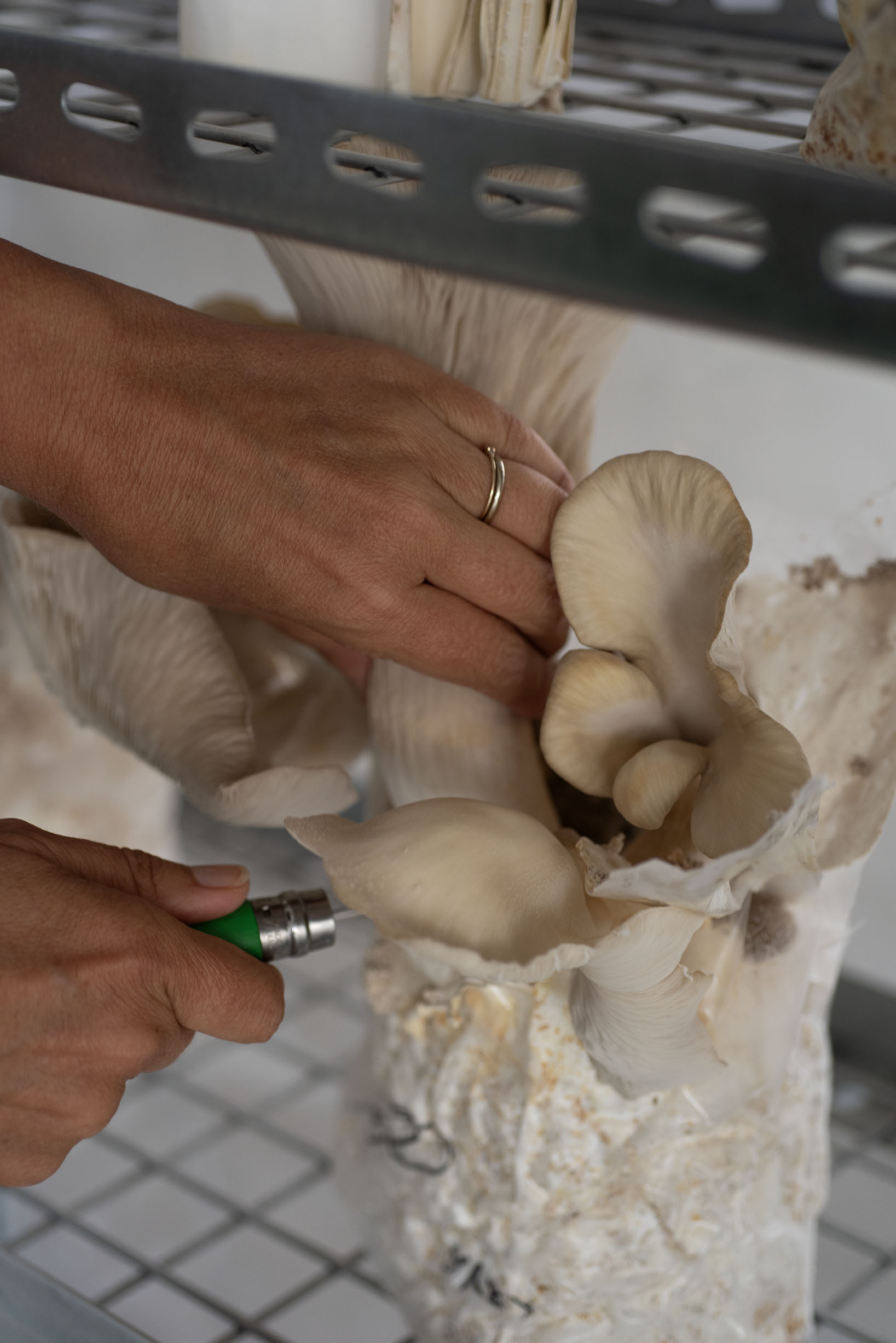
06:00pm–09:00pm
On 2 May, to launch Rotting Hegel, its operative installation at Künstlerhaus Stuttgart, SPORA has chosen a collective and user-friendly methodology, through a workshop introducing participants to the techniques of home-grown mycology and small-scale mushroom farming. In this case, the substrate will be the complete works of Hegel. Using nature’s largest decomposer, this workshop invites participants to myceliate the pages of Stuttgart’s philosopher-monument. From the pages of Hegel’s work, clusters of oyster mushrooms will fructify over the following weeks to be incorporated into a collective meal. Rather than a philosophy of mycelium — with which Hegel’s thought abounds — SPORA proposes a myceliation of philosophy.
In this 3-hour workshop, you will learn the basic theory and practice of cultivating fungi — everything you need to know to turn your home library (or woodshed) into a mushroom farm!
No previous fungal knowledge necessary.
Free of charge for beginners or advanced Hegelians of all ages.
Registration required: info@kuenstlerhaus.de










The Künstlerhaus Stuttgart is delighted to announce the new studio grant recipients for 2024/25, who will move into their studios at the Künstlerhaus on 1 May 2024. As in previous years, the Künstlerhaus will offer workspaces to seven outstanding artists, artist groups, or collectives for a period of one year.
We are delighted to welcome Mizi Lee and Paco Ladrón de Guevara Rodríguez.
Lambert Mousseka, anima ona, Marcela Majchrzak, Theo Ferreira Gomes, and Yara Richter have all had their grants extended for another year.
Mizi Lee
(b. 1990, Changwon, South Korea) uses various forms of media and transcends disciplinary boundaries to produce a unique experience. This might involve establishing a fake supermarket to print brochures full of artworks, or screaming in a punk band at the Kulturbrauerei in Berlin or in old train carriages at the Nordbahnhof in Stuttgart. She adopts an interdisciplinary and collective approach because she believes that art requires more than just a single artist. In 2022, she founded the punk band Horizontaler Gentransfer; together with the other members, she has created a series of projects that lie at the intersection of visual art, performance, and theatre.
Paco Ladrón de Guevara Rodríguez
(b. 1997, Granada) focuses on the fields of performance and visual arts in his artistic research and uses a variety of different media such as installation, drawing, and dance to realize his projects.
He works as a freelance artist in Stuttgart, where he specializes in sculptural research and choreography and also has opportunities to work as a performer for other choreographers internationally as well as creating his own pieces. In recent years, he has regularly undertaken his own transdisciplinary projects in the form of exhibitions and performances and taught workshops in contemporary drawing and movement research.
Marcela Majchrzak
(b. 1993) is an artist, art mediator, and mother whose projects deal with themes relating to identity, culture and work. She is particularly interested in the (dis)functionality of structures and their justification mechanisms. Her works often have an exploratory, performative character and are frequently realized through various formats of coming together. As a founding member of the Matriarchale Volksküche (MV) artist collective, she stages various kitchen-, meal-, and discourse-based events. She lives and works in Stuttgart.
Theo Ferreira Gomes
(b. 1993, Niterói, Brazil) is a post-disciplinary curator, designer, and DJ. He is particularly interested in informal social economies and how different currencies can create personal or impersonal communities.
Since June 2022, he has been a curatorial fellow at ORNAMENTA, a reactivated cultural programme in the Northern Black Forest that explores modern regionalism and is taking place—for the second time since 1989—from July to October 2024.
Theo Ferreira Gomes was also a coordination fellow for art, science, and business at Akademie Schloss Solitude and a board member of Leerstand als Freiraum e.V. (LAF), a collectively run association with a project space in the centre of Pforzheim. In 2018, he completed his degree in fashion design at Pforzheim University.
anima ona
is a multidisciplinary studio consisting of Freia Achenbach and June Fàbregas. The duo studied industrial design at the Stuttgart State Academy of Art and Design.
Following a transdisciplinary and collaborative approach, they have been developing their own projects and realizing commissioned works since 2018, straddling the border between design, research, and art.
Their diverse works are united by their search for previously untapped resources and opportunities to reuse materials, which they explore by adopting experimental strategies and examining the cultural significance of objects.
Yara Richter
(b. 1996) oscillates between art, cultural work, and motherhood. With a focus on decolonial and collective processes, Richter also works as a facilitator, speaker, and educational consultant specializing in Black identities, intersectional feminism, and institutional critique alongside her artistic practice.
Since 2022, Yara has been researching Black noise using sound, text, video, and performance as a starting point to imagine and create decolonized art and cultural practices. This creative process is a multifaceted, deeply political dance in which ecofeminism, queerness, altra egos, and historiographies merge with a non-linear understanding of time, psychosomatics, and spaces of possibility for marginalized bodies.
Lambert Mousseka
(born in Katanga, Democratic Republic of Congo) has developed the concept “Stuttgart Akt” for the final year of his studio grant at the Künstlerhaus Stuttgart.
This includes three publications covering his entire time at the Künstlerhaus on the subject of La Sape—Sapologie.
The plan is to collaborate with a fashion school and two or three tailors from Kinshasa, one of whom is a member of the Bakoko collective, which makes clothes from natural materials. This revolutionary collective refuses to make clothes from fabric, instead taking inspiration from nature.
As part of the studio programme, work grants are awarded to outstanding artists and applicants from the fields of architecture and theory. They are provided with a workspace in the Künstlerhaus free of charge. The Künstlerhaus workshops can also be used free of charge. The workspaces are allocated annually based on the applications received. The decision on the allocation is made by the advisory board of the Künstlerhaus. The scholarship begins on 1 May 2024. The jury consisted of representatives of the Board of Directors and the Advisory Board of Künstlerhaus Stuttgart e.V.
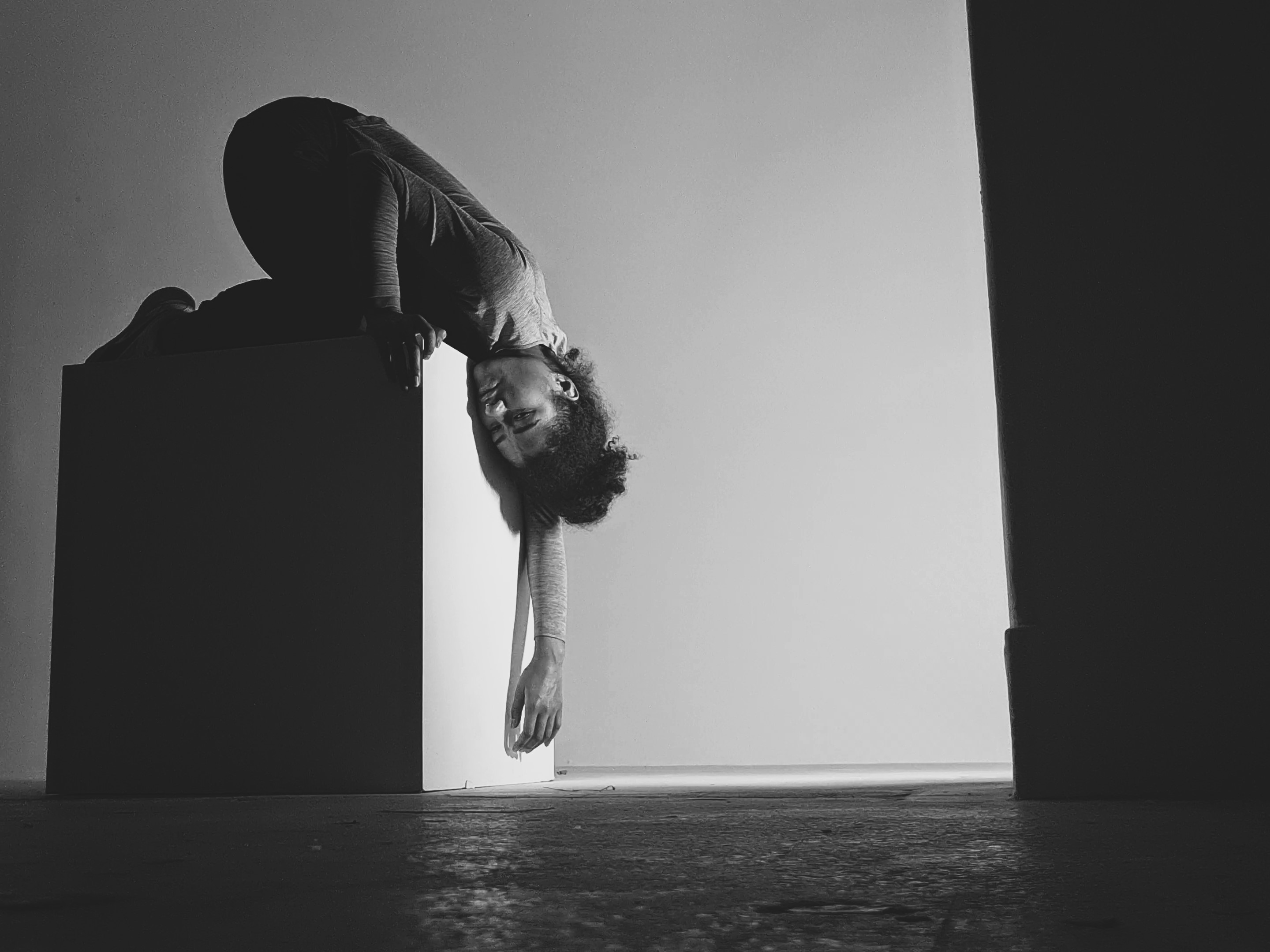
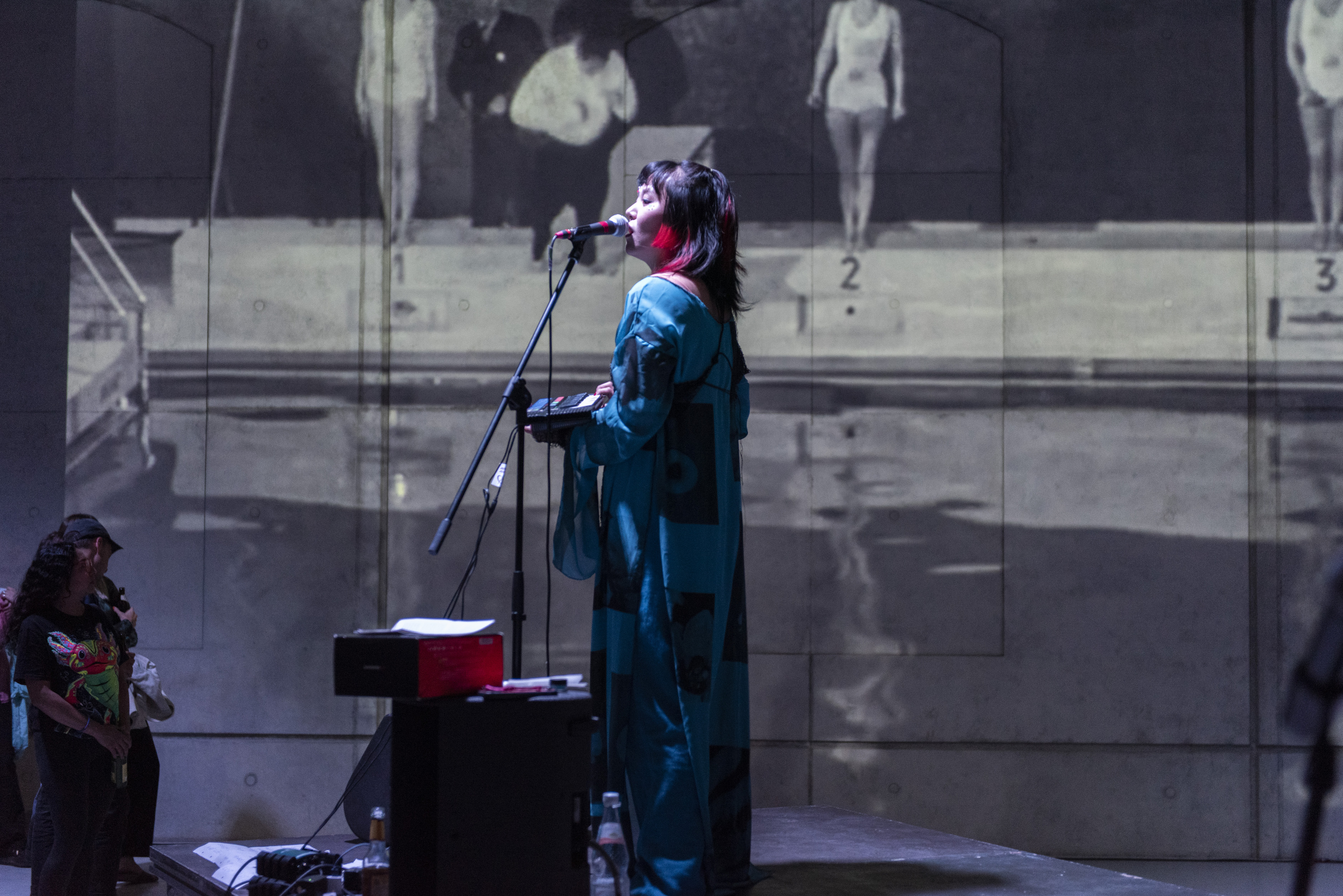
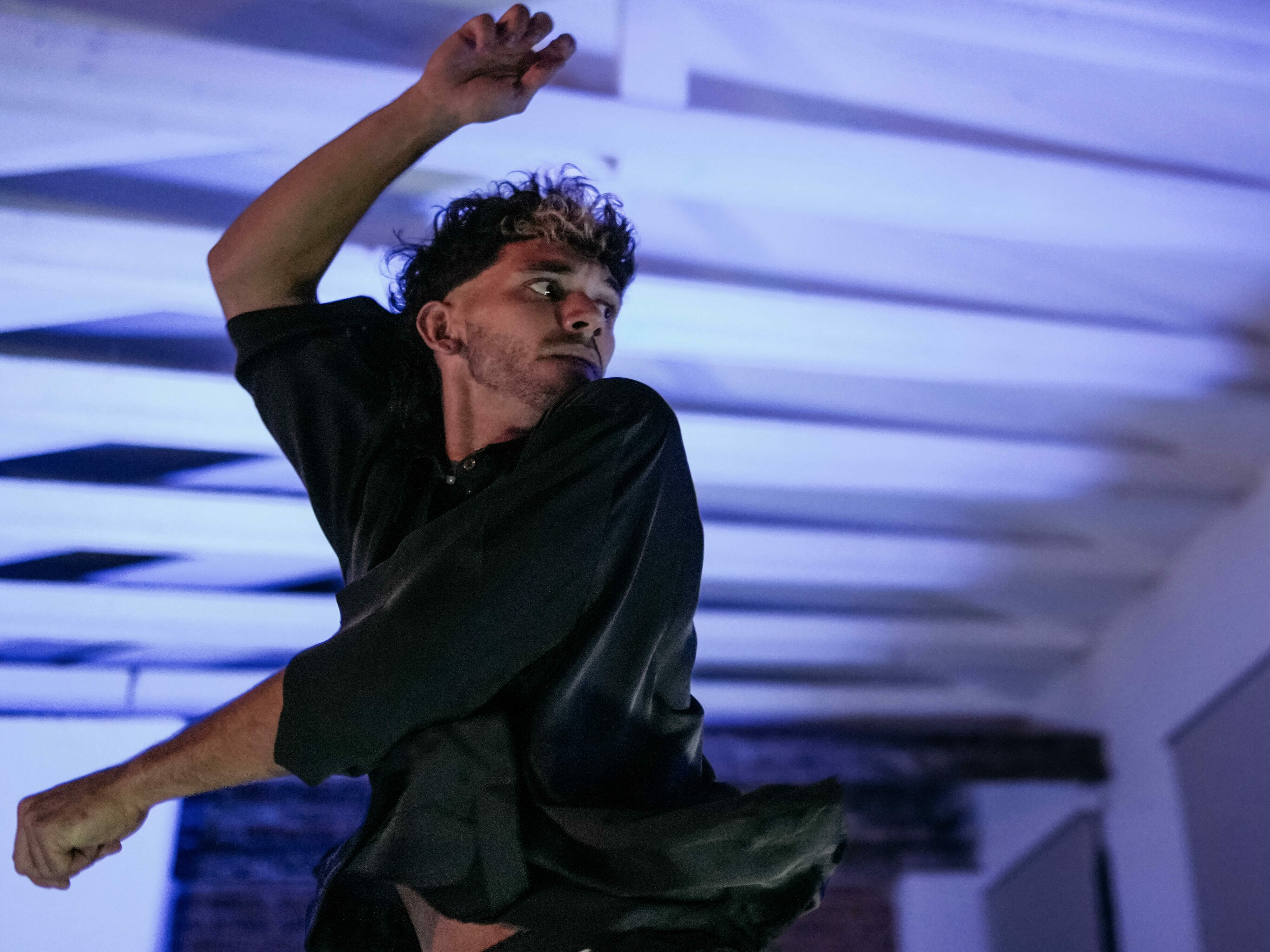
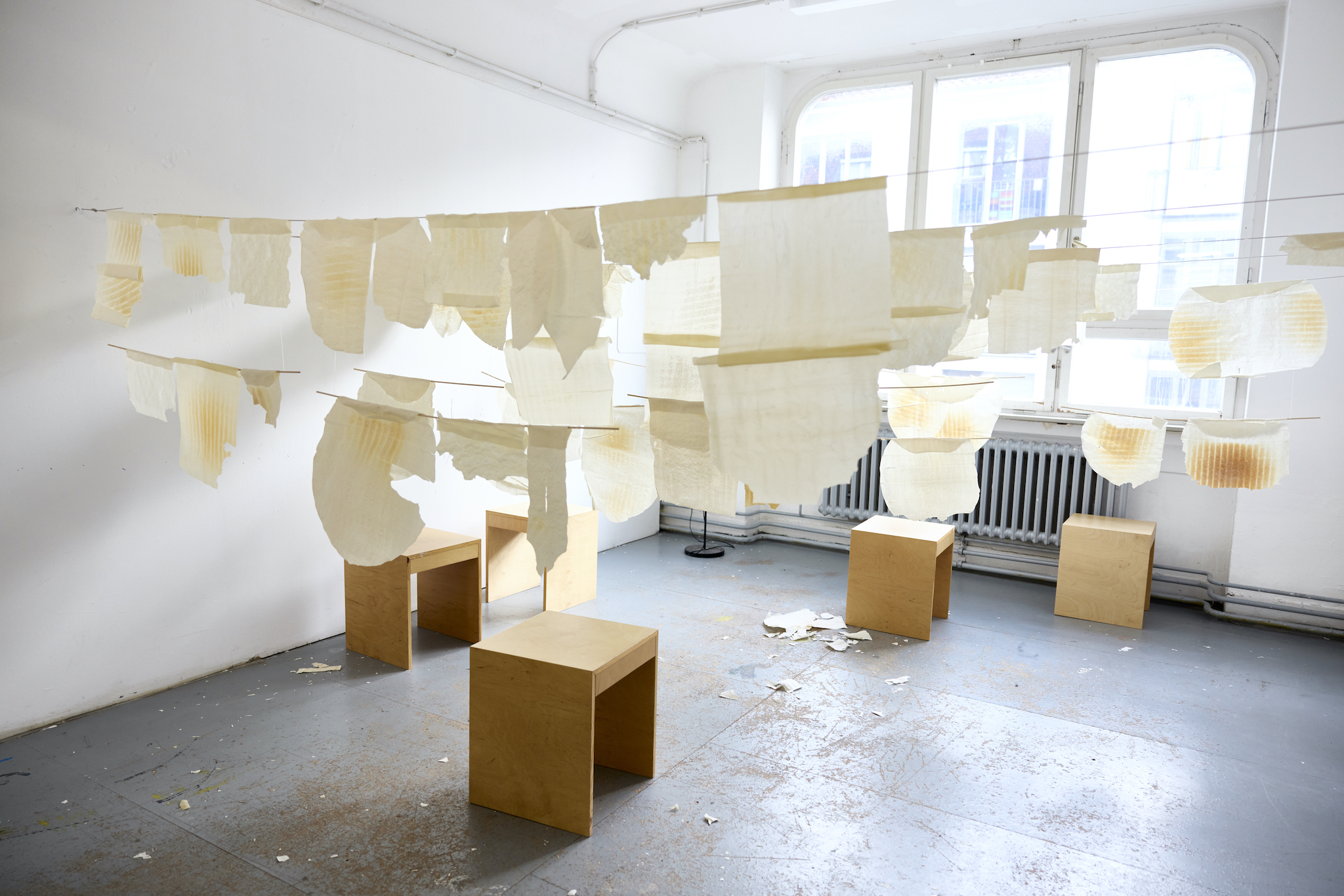

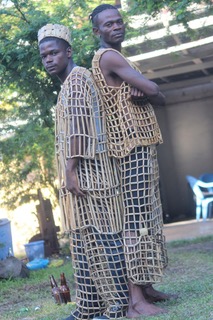
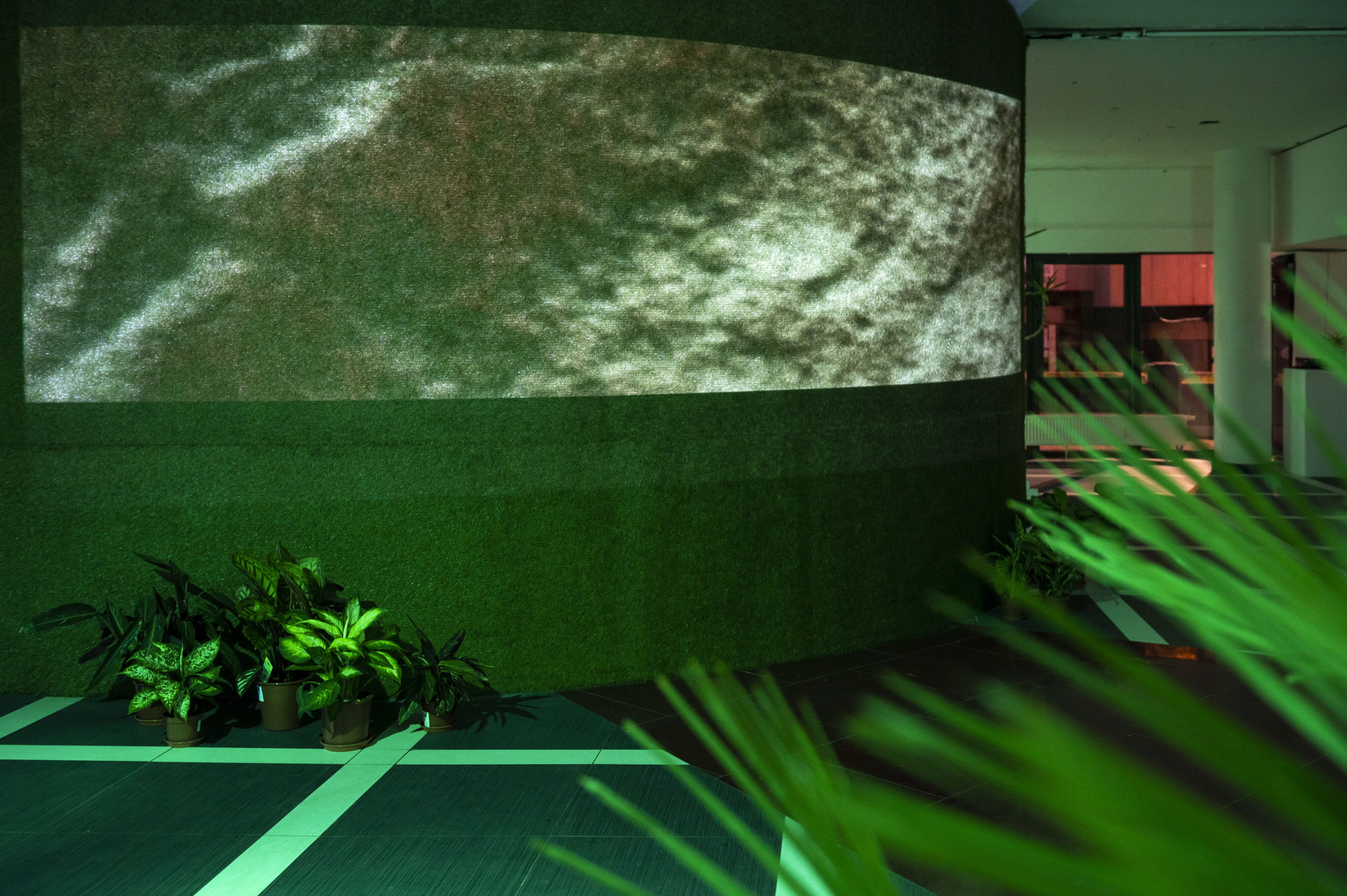
02:00pm–06:00pm
The first KHS house wine is being bottled! Join local artist-winemakers Hannah Liya and Mira Simon at the Künstlerhaus on Saturday, April 27th, where some 350 litres of their wine will make the next step on the journey to becoming a true vintage – from the fermentation tank into the bottle!
Grown on steep terraced hills above the Neckar river, these century old Trollinger vines produced half a ton of grapes, harvested by hand by Hannah, Mira, and a few friends. The grapes were then pressed and aged for 18 months on fine yeast in ceramic barrels in an earthen cellar located below the vineyards.
In just about the same year as the vines were being planted on the hillside, Marcel Duchamp repurposed a bottle-dryer as his first readymade (as he would come to describe it), withdrawing it from the realm of winemaking into the performative frame of art. A century on, the readymade is ready for winemaking, and the wine ready for bottling.
Together, we will make labels, and, repurposing a readymade as a bottle-dryer, fill and cork bottles, taking the final steps in the long process of making the first KHS Vintage House Wine. And of course, there will be a tasting!
April 27th 2-6pm

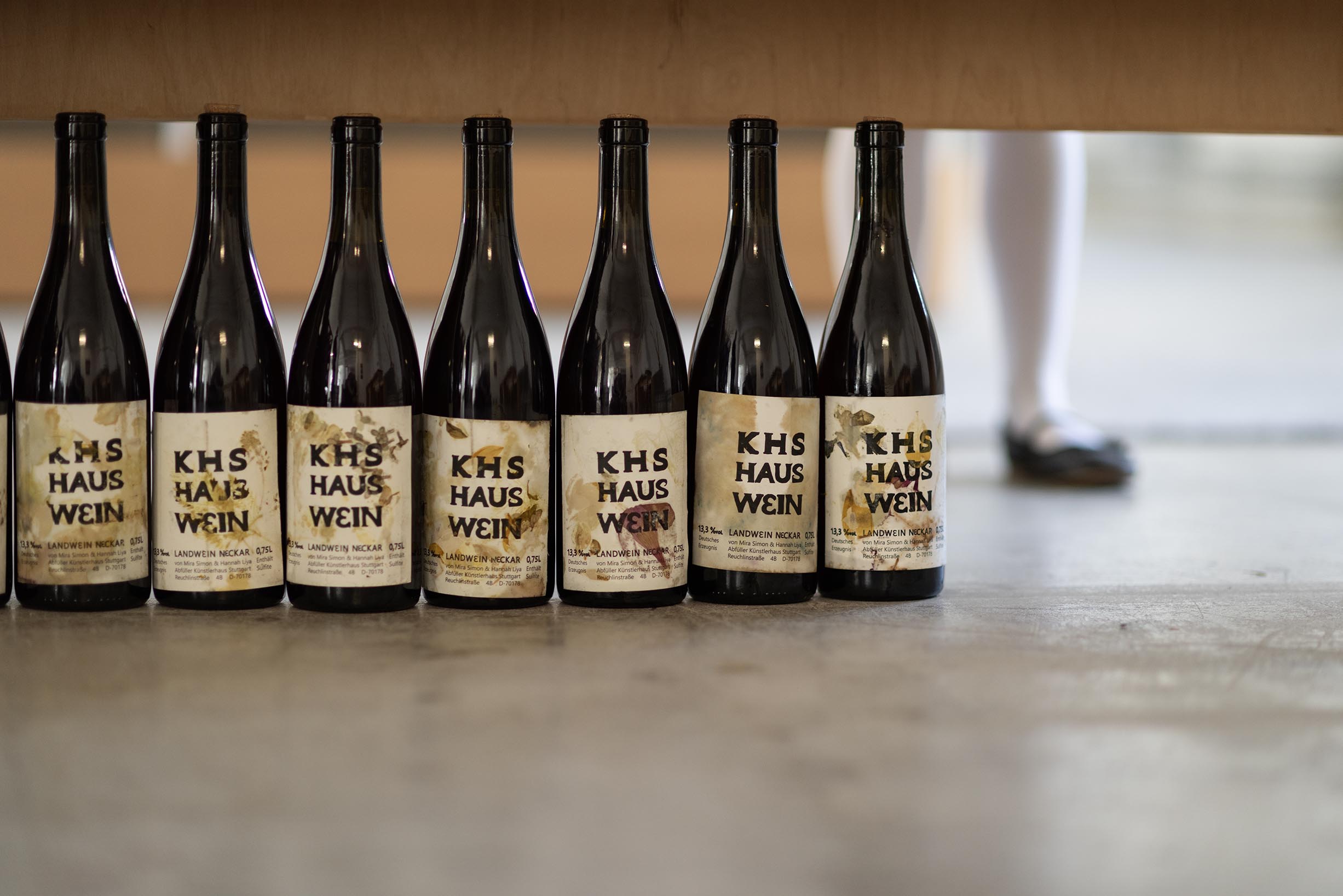

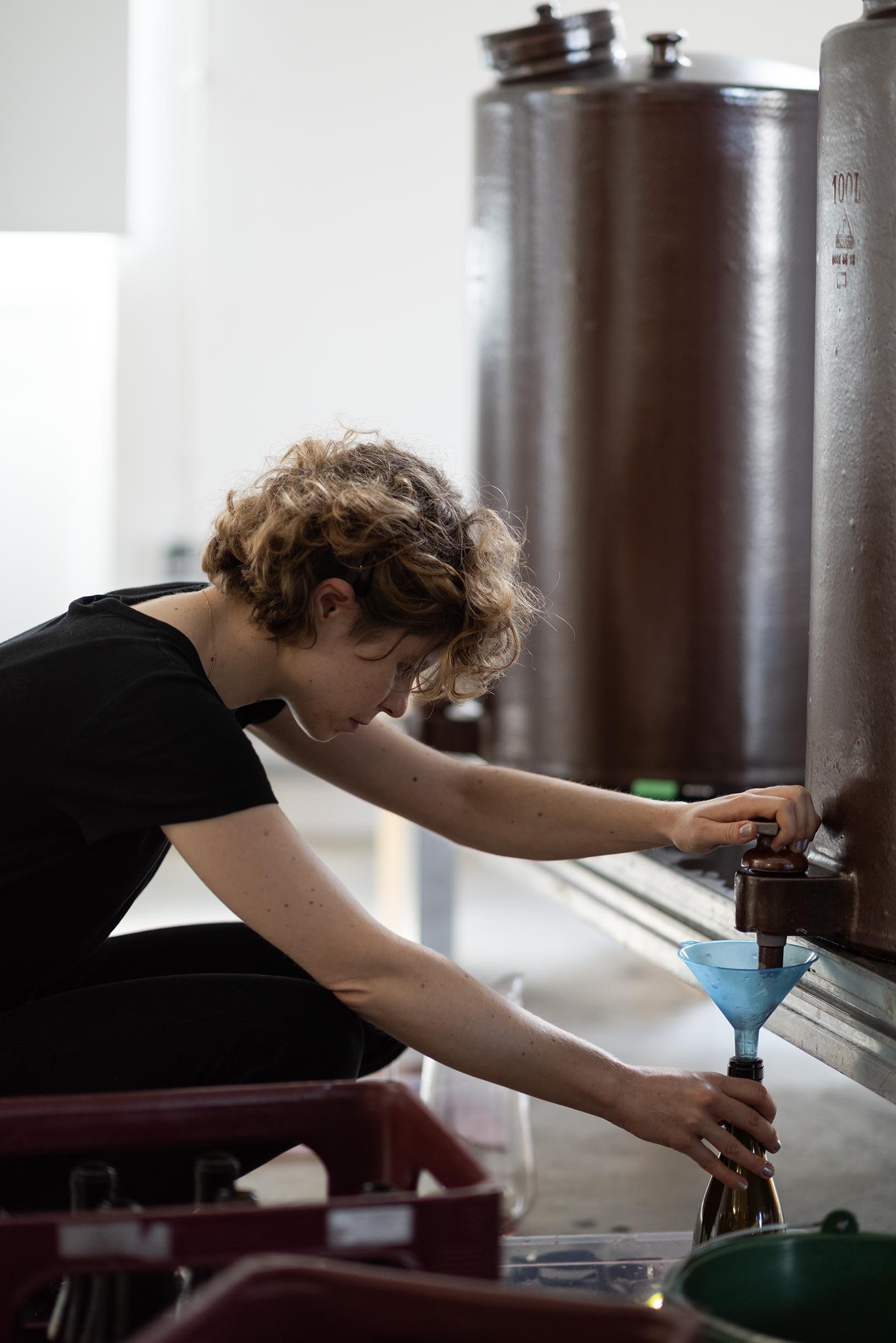
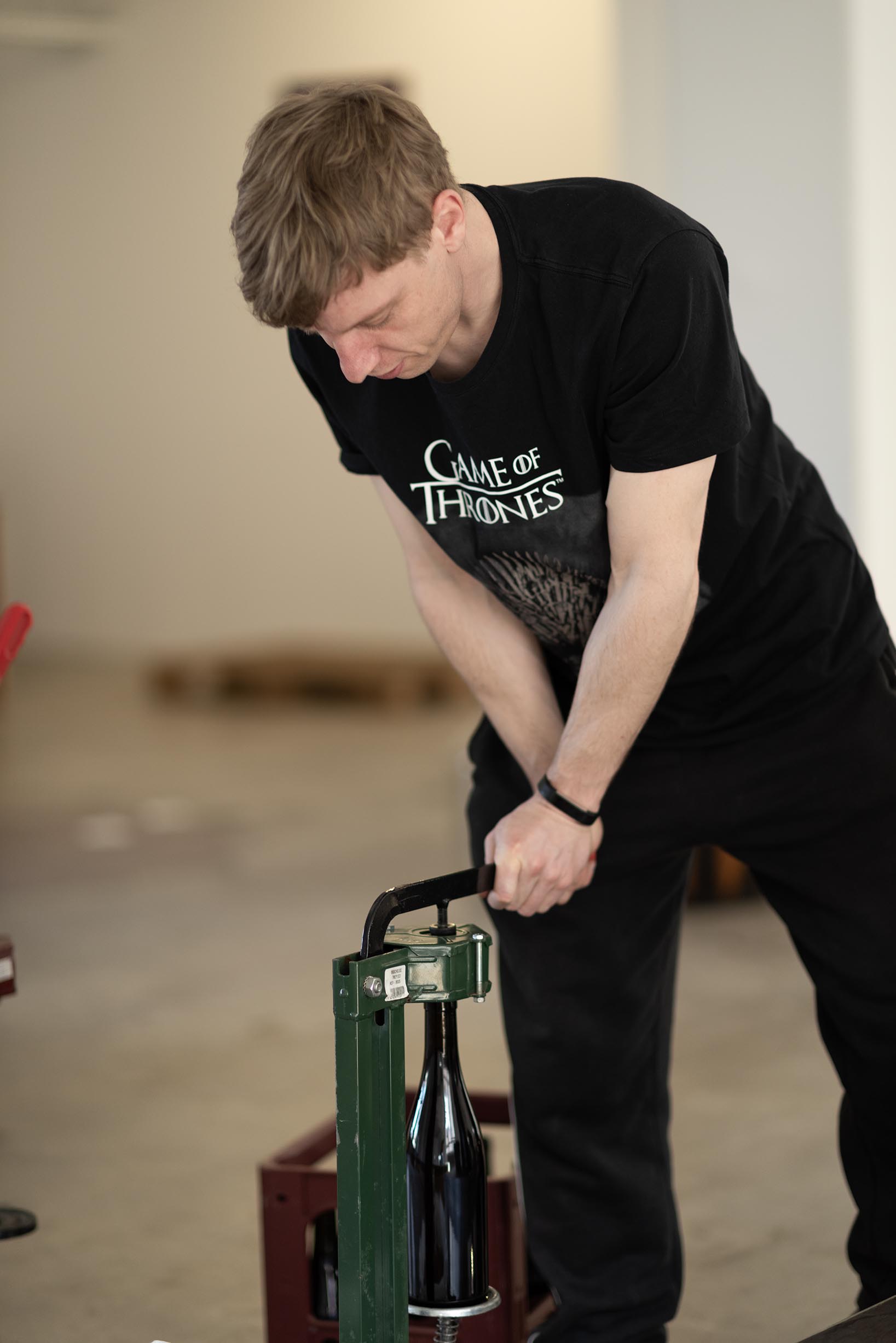

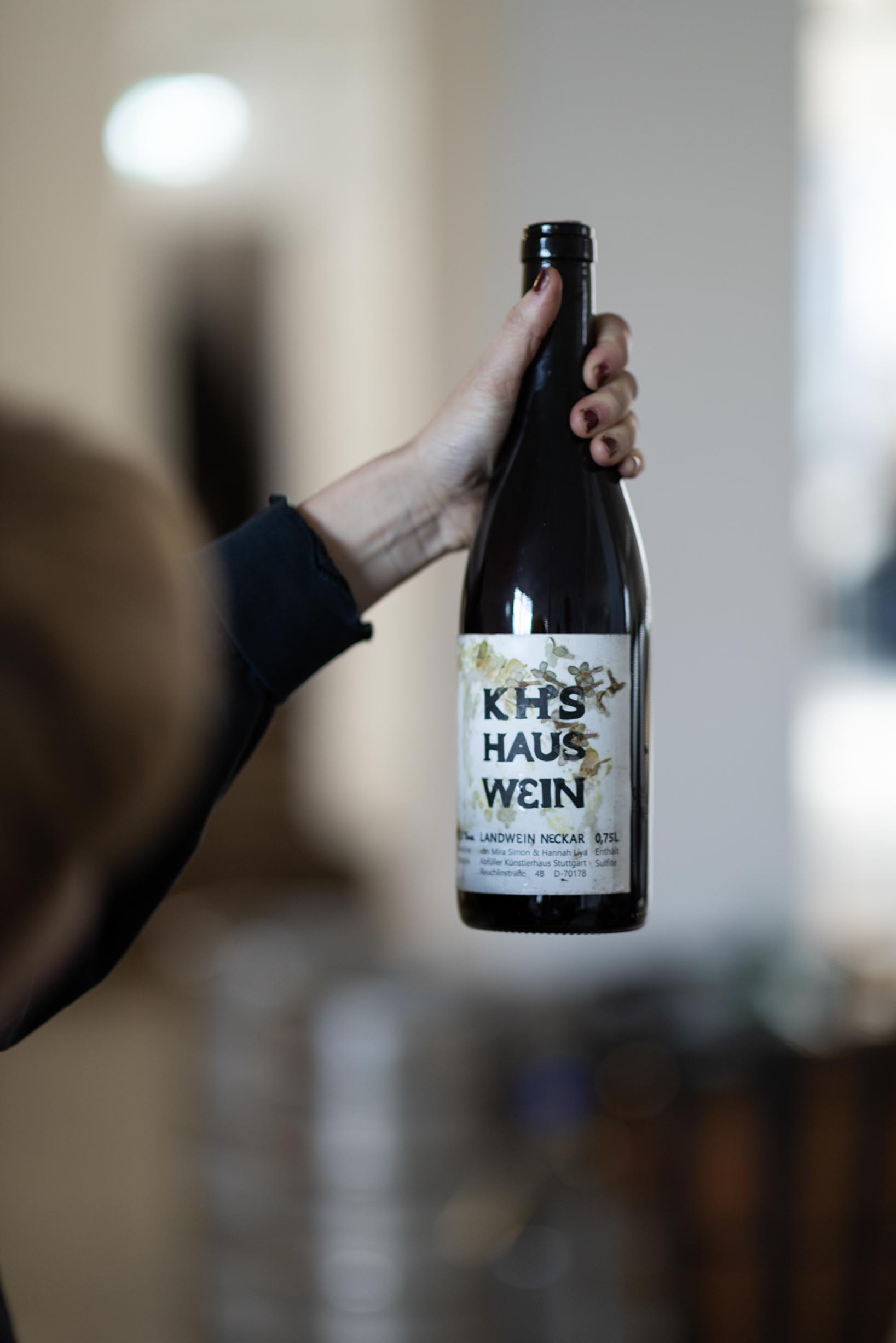
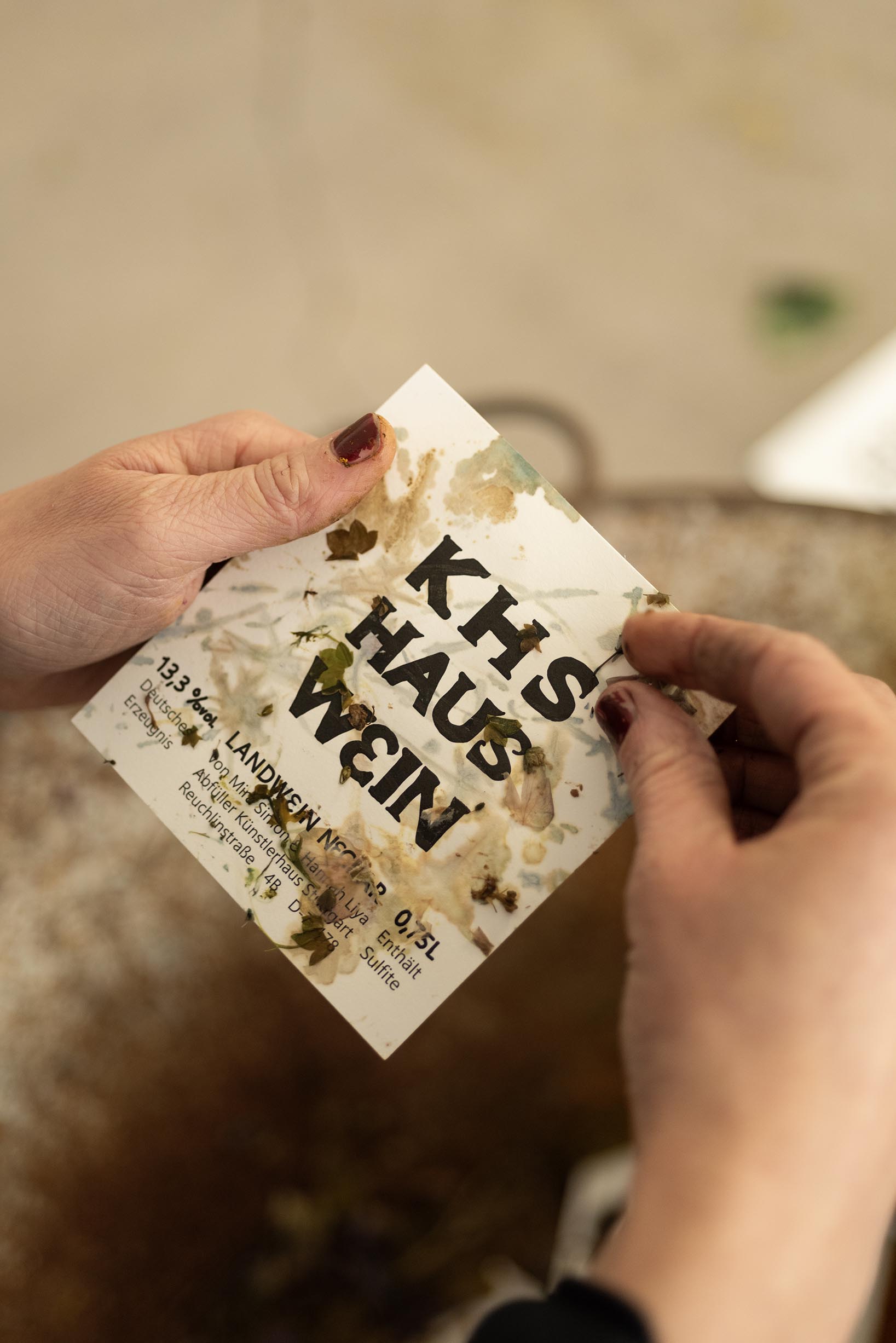

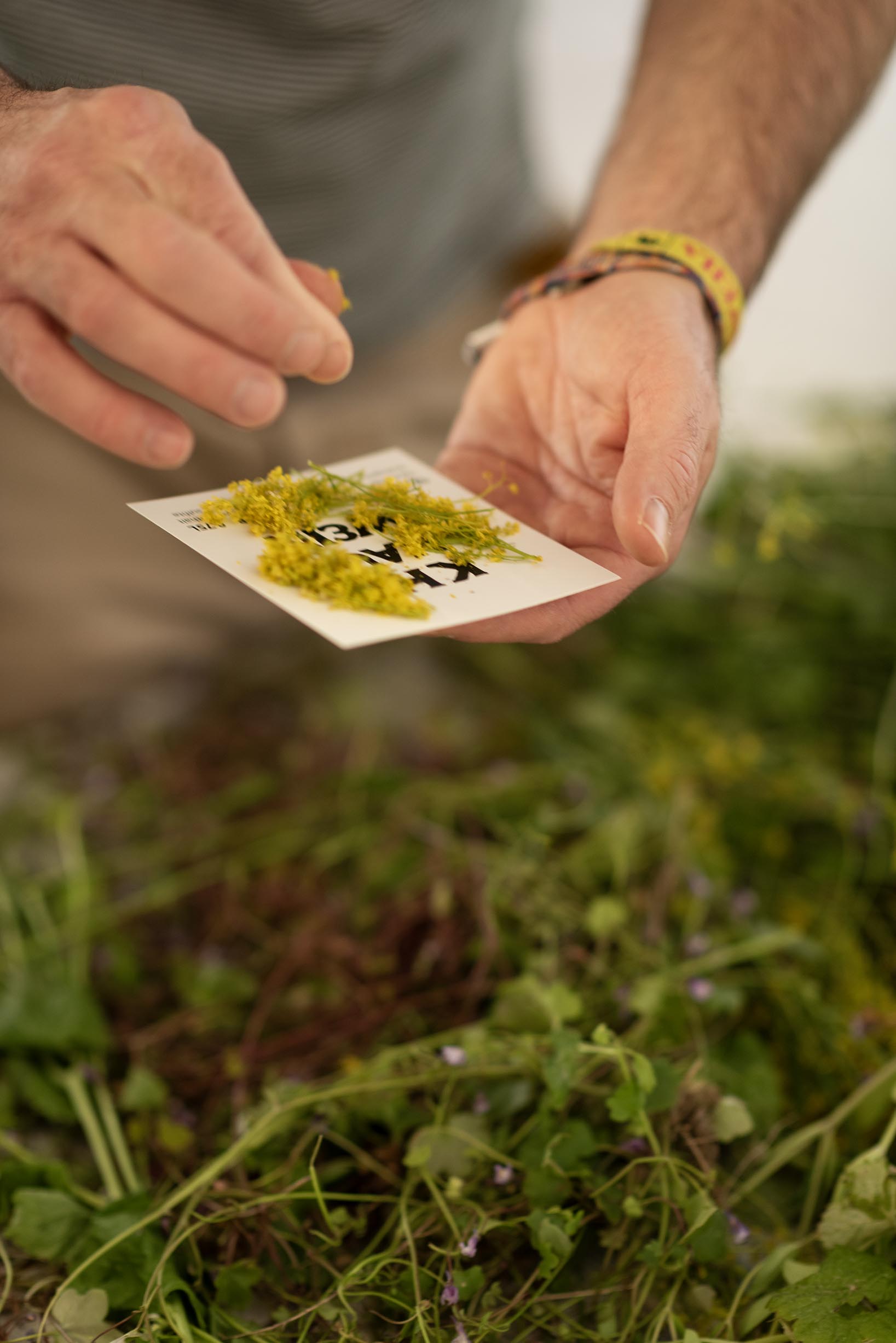
“It is not a question of imagining art as a relationship to the earth and to its metamorphoses. Rather, it is about thinking of every interspecific relationship — what we understand as the concept of ecosystem — as an art form, even when performed by non-human subjects.
Thinking of the identity of art and agriculture in a landscape means thinking of the landscape as a work of art conceived by each living creature who composes it.”
Emanuele Coccia, The Sower
Since taking up their position as Artistic Directors of Künstlerhaus Stuttgart on January 1, 2024, Tamarind Rossetti and Stephen Wright have been doing what farmers do in late winter and early spring: preparing the soil for seeding and succession planting, getting into sync with the other users of a common ecosystem. That is, getting to know the usership of the house.
For Rossetti and Wright, one of the key curatorial challenges of the coming decade is to acknowledge and make way for the artistic and aesthetic agency of other-than-human agents – plants, non-human animal species, perhaps even geophysical agents, including river and soil systems. This is an exciting and dynamic field within contemporary art and beyond, as theorists and practitioners envision political or diplomatic alliances with other life forms and geophysical forces, rethinking the modernist and anthropocentric paradigm, often reaffirming ancient connections with animism. Rossetti and Wright’s approach, while akin to these initiatives, is fundamentally different in that it is framed through the unifying lens of one usership: All life forms make use of environments and ecosystems, and in this respect they, together, inseparably, fashion those landscapes and produce an atmosphere. Their hypothesis is that usership is the common mode of relationality of all agency — this is how beings relate to their environment; the outcome is an atmosphere.
To test, challenge and enhance this hypothesis, Rossetti and Wright have conceived an artistic program for the Künstlerhaus Stuttgart which involves incorporating usership in this broadest sense, turning towards artists and art-compatible practitioners who are collaborating with plant and animal species as full-fledged artistic agents.
As an alternative to isolated exhibitions and event-based ideology, what Rossetti and Wright refer to as atmospheres provide the conditions for the intensification, amplification and sharing of aesthetic experience — precisely what might be described as farming an atmosphere. In this integrated ecosystem, artistic contributions function like plants in a constantly morphing garden, each of which needs a habitat and at the same time provides a habitat for others. Künstlerhaus Stuttgart is imagined here as a collective farm, an urban garden for the cultivation of art, based not on intensive cultivation methods but rather on a more extensive vision characterized by succession planting and institutional permaculture.
With this in mind, Rossetti and Wright have devised a 3-season cycle for 2024, punctuated by phases of composting, sowing, cultivation and harvesting. In the first phase, the focus is on processes of metabolizing through fermentation and myceliation (farming is above all about food). The second phase will focus on water, living rivers as landscapes (which are often created by non-human actors). In the third phase, the focus will be on institutional permaculture and its communal conservation and renewal. These three initial phases will be followed by an enquiry into anthrosols (soils co-created by humans).
The highest priority of the new artistic direction at the Künstlerhaus Stuttgart is to break down residual hierarchies between different constituencies of users, notably between the artistic programming and the in-house workshops, in favour of one usership.
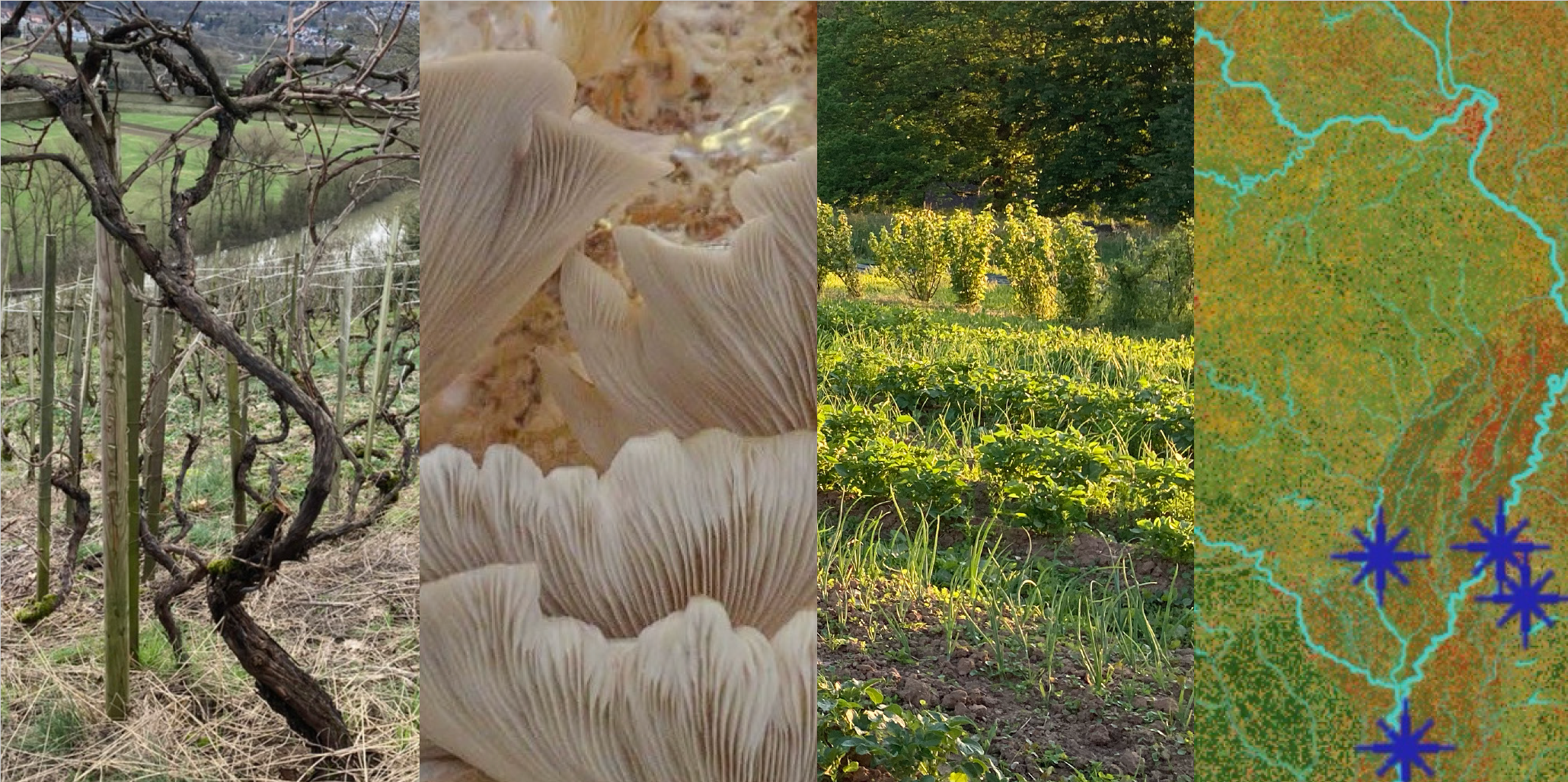
On 15 April 2024, Künstlerhaus Stuttgart and the restaurant “Im Künstlerhaus” invite you to an evening together.
With the event series “Playing with food”, we are daring to experiment. Over three evenings, we will build a bridge between cuisine and art and talk about the process from the initial idea to the presentation on the plate. Together with an artist or a collective, we will consider how this process can be translated artistically. How can aromas, aesthetics, colour and taste be combined in a culinary and artistic way? After the artist Lennart Cleemann and the duo anima ona, we invite the artist Mona Zeiler to conclude this series.
The artistic process, the exhibition-making and the processes in the restaurant kitchen culminate in the subsequent presentation. The artistic process, the making of the exhibition and the processes in the restaurant kitchen culminate in the subsequent presentation. This is preceded by considerations on arrangements and proportions in the dining room (room/table/plates), on material diversity and its use (ingredients) as well as the design within the social space, which is also always taken into account.
In her artistic work, Mona Zeiler uses sculptural-installative methods to examine elements from our surroundings and living environment: she literally peels out details and thus traces different levels of meaning as well as questions about our perception and what attention we (want to) give them. On the subject of “Presentation”, Mona Zeiler is designing a site-specific setting with ceramic objects for the evening, which will create the framework for the kitchen – unlike usual, steps of preparation and presentation will be shifted to the dining room, to the guests’ table.
The evening will begin with a 3-course meal (vegan), including all drinks. Afterwards there will be a discussion between Sebastian Werning, Konstantin Kuld and Mona Zeiler, before the evening ends in casual conversation with all guests.
Food and drinks will be provided by the restaurant at cost price. The participation costs amount to
49,00 EUR for members and
69,00 EUR for non-members.
In order to be able to make further plans, a binding registration is required by 01 April 2024 at rr@kuenstlerhaus.de.
As the Künstlerhaus wants to offer an evening for everyone and not everyone has the necessary means, we work according to the principle of solidarity: if a member wants to pay more, the money goes into a solidarity pot for those who can pay less. If a member pays less, they can also take part in the evening as soon as there is enough money in the solidarity pot to make up the difference to EUR 49. The principle of “first come first serve” applies.
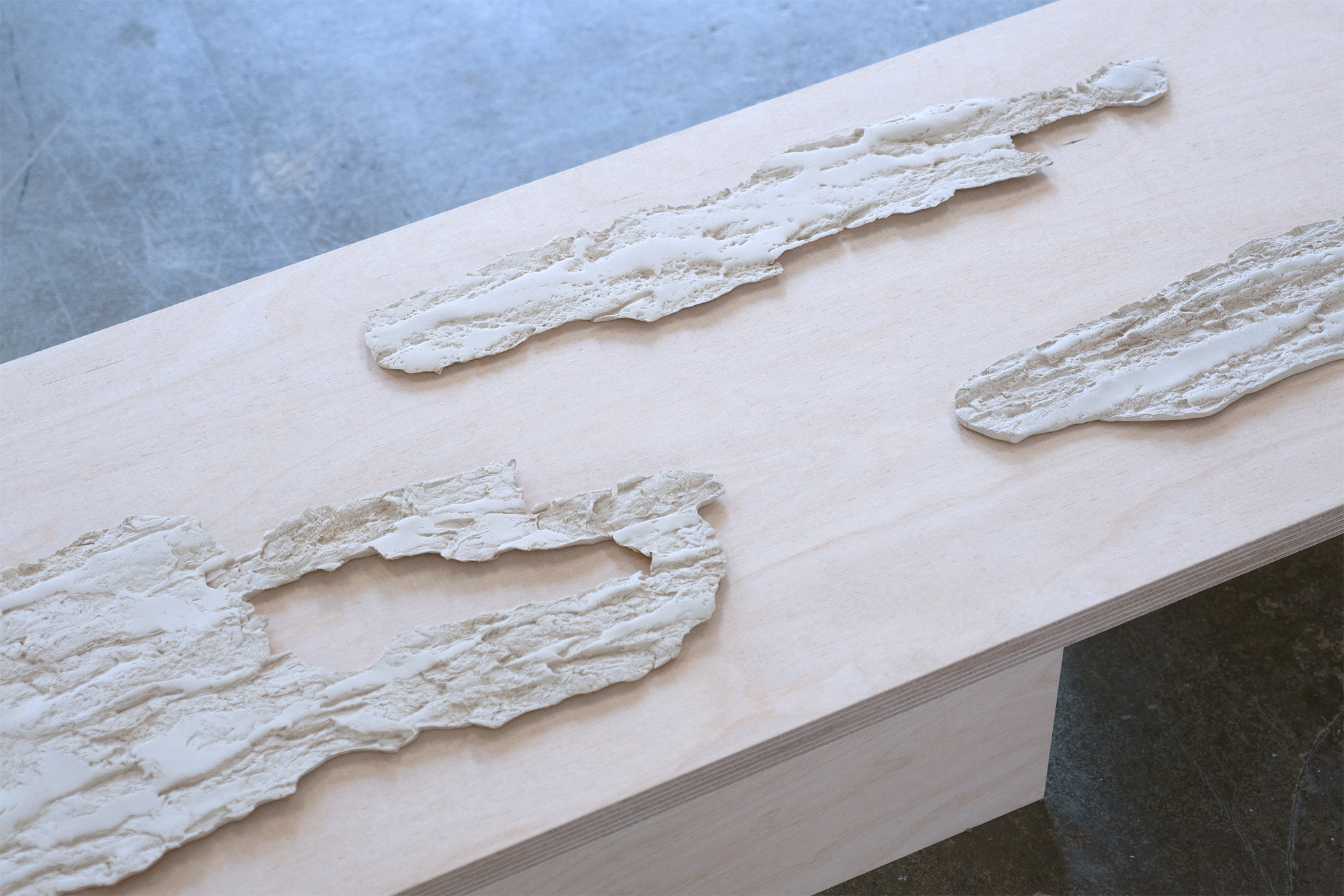


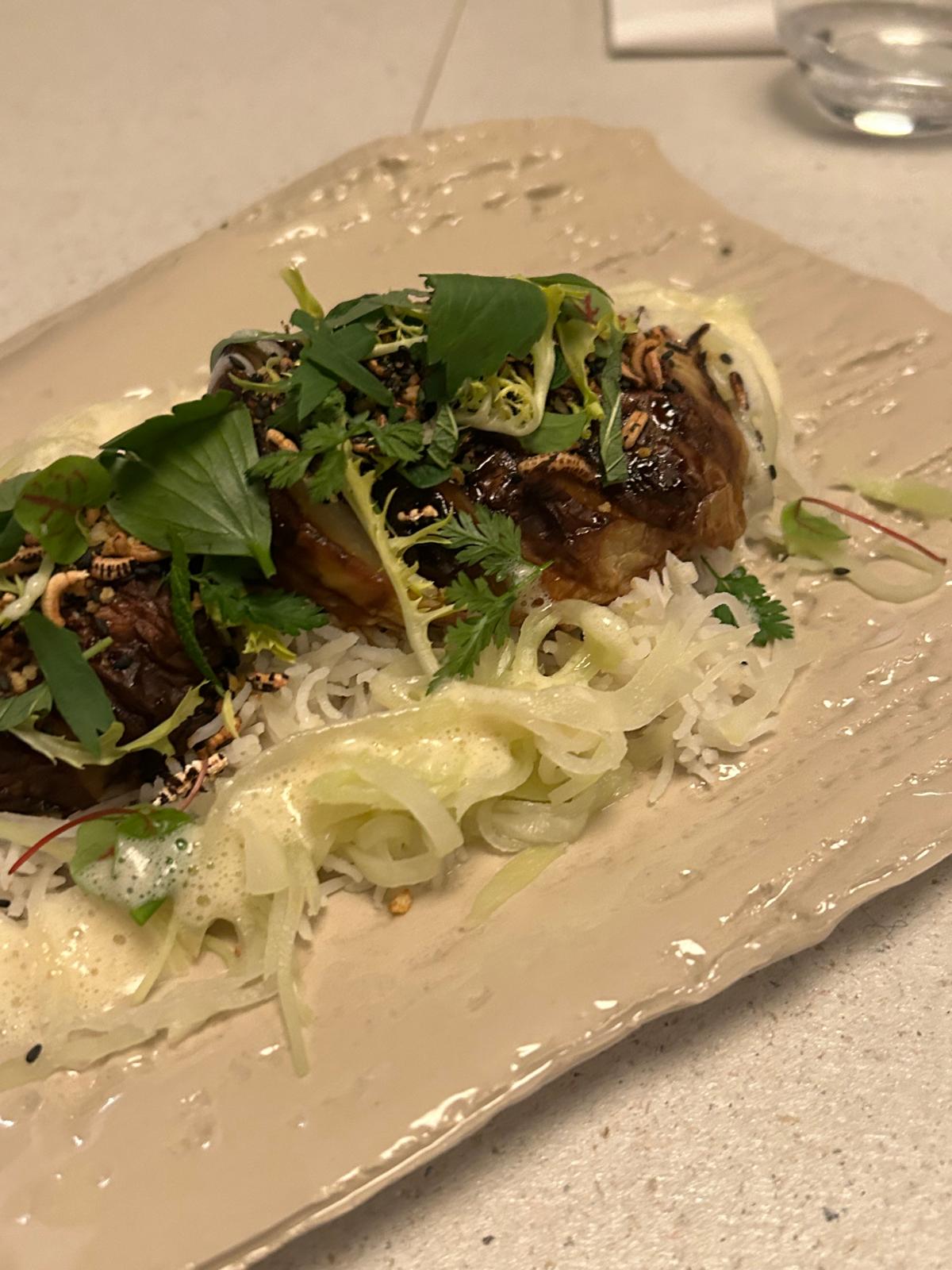
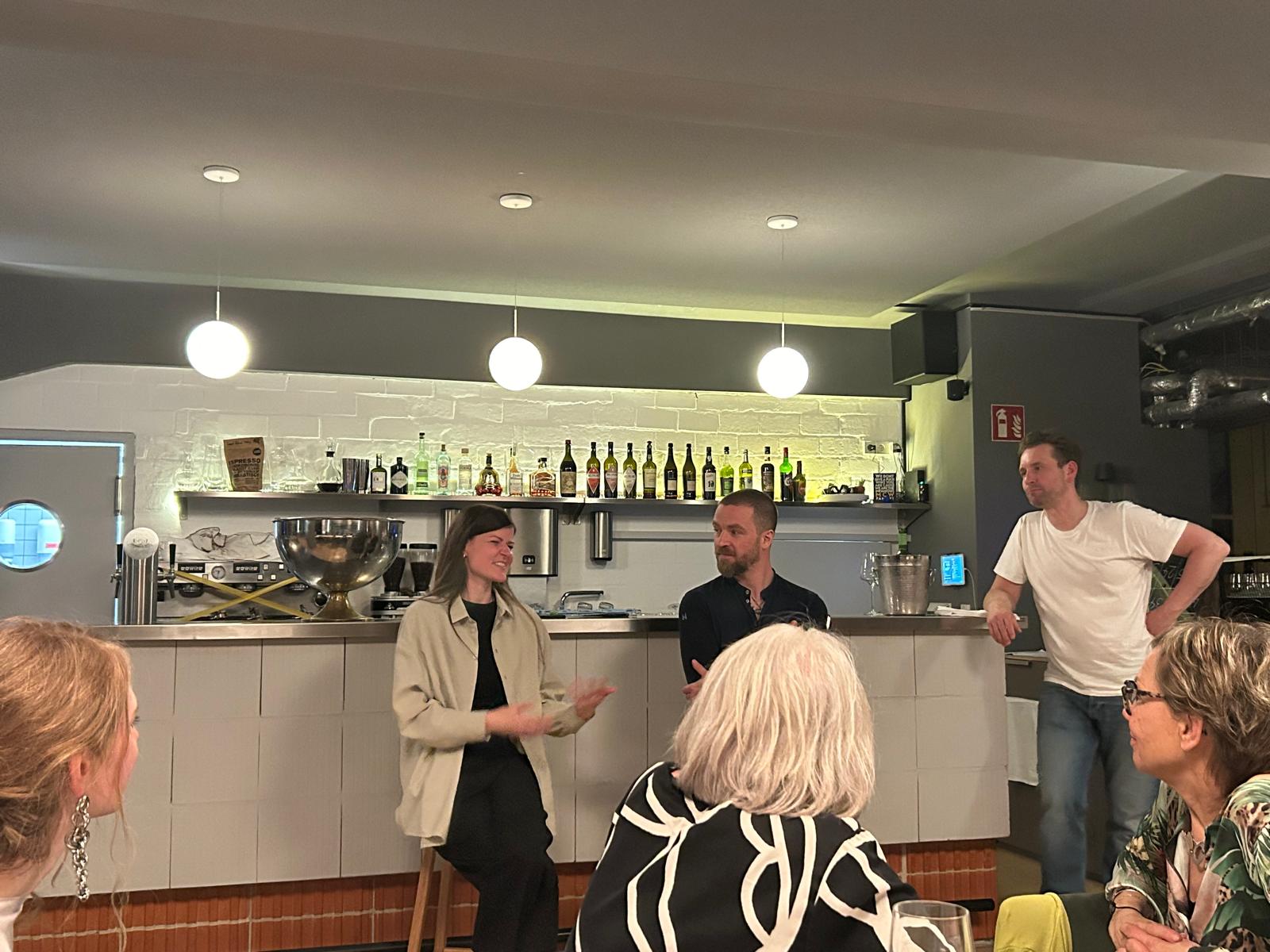
Duration of the exhibition: April 16 to October 14, 2024
Opening: April 14, 2024, 4 pm
With Marzieh Bashkar, Stephanie Bothe, Marielle Dannenmann, Nicole Eitel, Ute Fischer-Dieter, Anja Fleischhauer, Andreas Nikolaus Franz, Florian Glaubitz, Annika Hartmann, Stephanie Herrmann, Yvy Heußler, Yvette Hoffmann, Christa Knoll, Elke Kühnle, Myriam Kunz, Bernhard Müller, Sarah Naaseh, Le Han Nguyen, Aleksej Nutz, Adrian Rivinius, Jasmin Schädler, Kerstin Schaefer, Ruth Schuhbauer, Linda Weiß, Tina Zeltwanger
For this exhibition, Yvette Hoffmann, product designer and head of the ceramics workshop, is working with the participating artists to develop a way of presenting the delicate and fragile works in a lively environment such as the restaurant Im Künstlerhaus.
The focus is on a collaborative work by 24 users of the ceramics workshop, in which the vase as an object is interpreted individually by each of them. Only one selected clay and one glaze were available to each of them. In total, more than 90 very different ceramics were created, in which the boundary between everyday object and art object is explored. Works by Florian Glaubitz, Yvette Hoffmann and Ute Fischer-Dieter will also be on display.
For the exhibitions in the restaurant, the workshop managers of the Künstlerhaus invite members to present their work in a group exhibition. In 2022, this series started with an exhibition by the screen printing workshop, followed by the photography workshop and currently the lithography workshop.
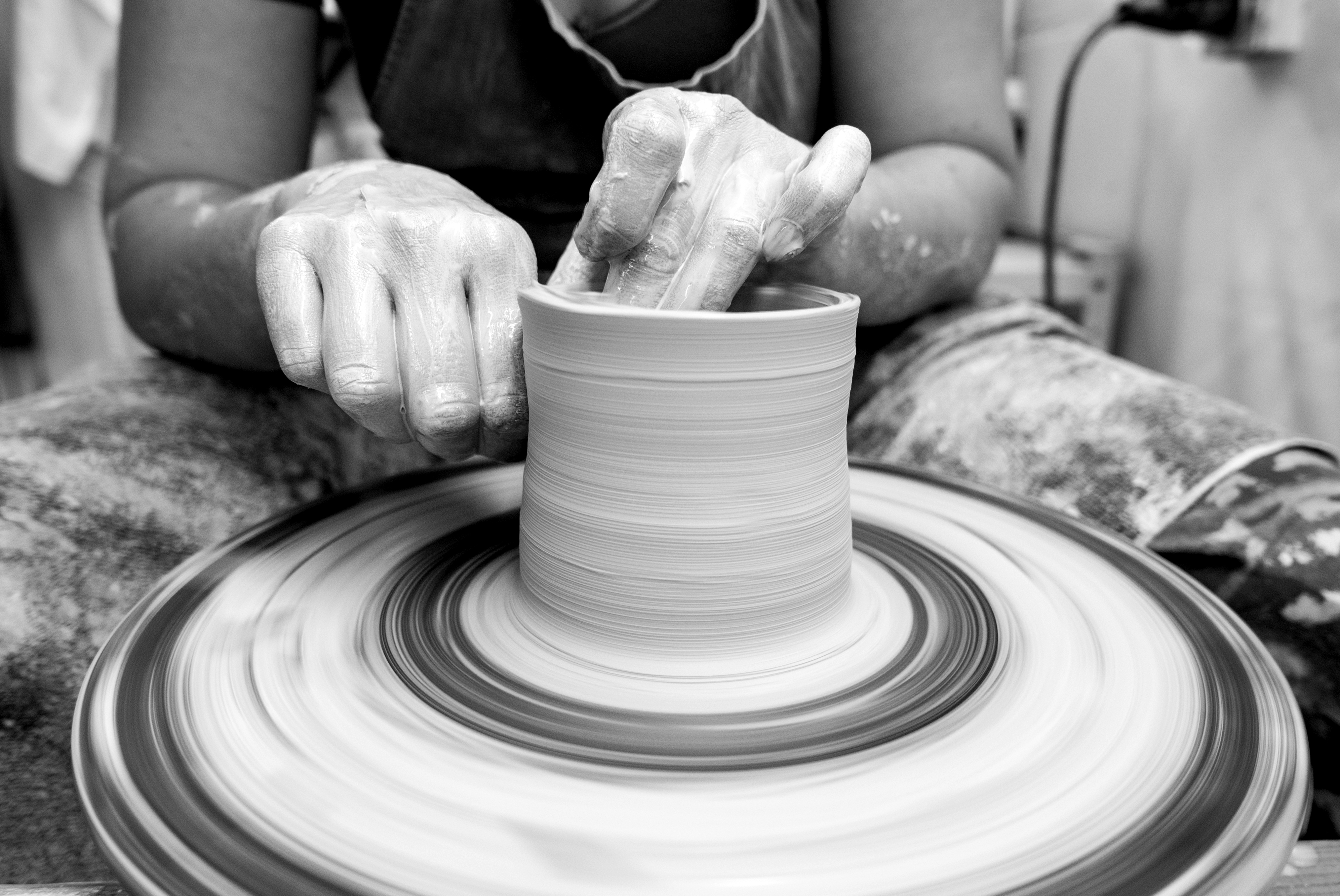
12:00pm–04:00pm
With Kathrin Jentjens (mediator, Rhineland) and Gerrit Gohlke (mediator, Brandenburg / co-founder of Neue Auftraggeber in Germany and head of regional development during the pilot phase)
This year, the Künstlerhaus Stuttgart begins a new chapter in the history of art in public space in Stuttgart. It will become the new anchor point for an idea that has been changing the relationship between art and society in Europe for a quarter of a century.
Since 1990, the mediation process of the “Neue Auftraggeber” has brought together committed civic groups with artists in hundreds of projects. This has enabled visual art to provide very concrete new answers to urgent social concerns. This offer of participation will now also be available in Stuttgart.
The Künstlerhaus Stuttgart will not formulate its own project ideas. Instead, civil society will play the central role in the Neue Auftraggeber model. Through “mediation”, their wishes, themes and visions become concrete project plans, “commissions” for art, with the help of which locally sustainable solutions are created that serve as an example for other committed individuals.
The projects can take very different forms. Whether music composition, garden design, dance performance, sculpture or computer game – the works always respond to local issues and needs and are supported by the community of citizens.
How does a commissioning process work and how does mediation accompany it? What distinguishes the Neue Auftraggeber from participatory projects? What topics are relevant and what exactly is the role of artists in this process? We will discuss these and many other questions together on April 13. We have invited two experienced mediators who have been working in the Neue Auftraggeber model for many years and have successfully implemented their own projects in urban and rural areas. They will accompany us on this day, present projects and lead a workshop.
Program
Saturday, April 13, 2024 12 – 4 pm, 2nd floor, Künstlerhaus Stuttgart
12:00 pm
“New Patrons” at the Künstlerhaus Stuttgart
Welcome and kick-off
12:15 pm
What is “New Patrons” (and what is it not)
The history of a rebellious idea
12:30 pm
Two project examples (urban + rural)
1:15 pm
Coffee break
1:45 pm
Workshop
Mediation on a case study with the participants
3:15 pm
Coffee break
3:30 pm
Practical discussion on Stuttgart topics
Further information on the new clients can be found here
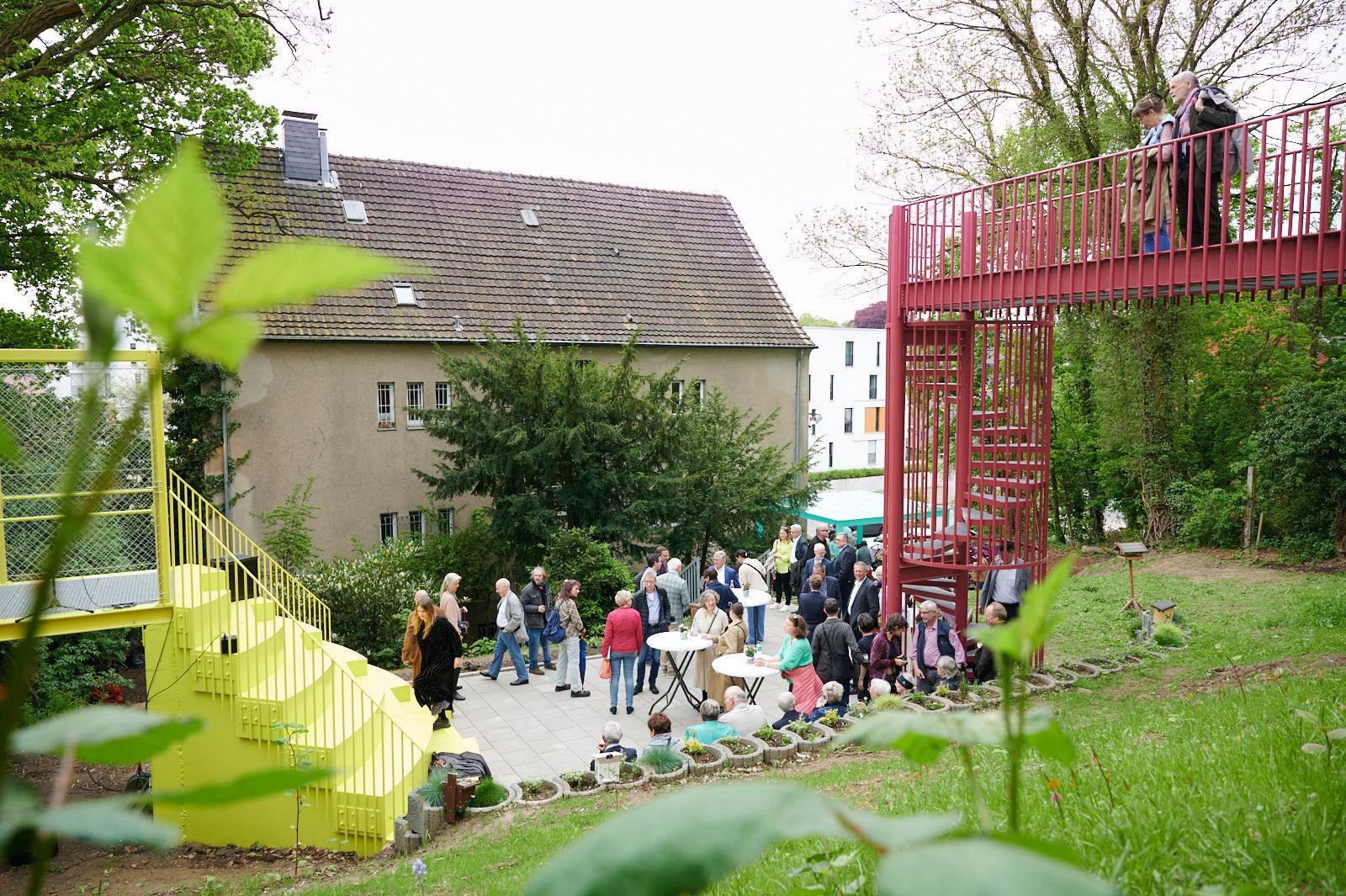
In the 31st Tuesday workshop, anima ona, a multidisciplinary studio consisting of Freia Achenbach and June Fàbregas and studio holders of the Künstlerhaus, will open the studio on the 3rd floor. They will give a deeper insight into their work and the processes behind it by means of two to three projects.
Freia Achenbach and June Fàbregas will talk about what motivates them, the means they use to give residual materials a new value and the role the process plays in their work.
The duo studied at the Stuttgart State Academy of Fine Arts.
Following a transdisciplinary and collaborative approach, they have been developing self-initiated projects and realising commissioned works since 2018, working on the border between design, research and art.
Their diverse works are united by the search for previously unexploited resources and opportunities to reuse materials, which they pursue through experimental approaches and an examination of the cultural significance of objects.
Afterwards there will be an invitation to a joint discussion and exchange.
Tuesday Workshop
The Künstlerhaus invites an artist or a collective—meaning any artists or cultural workers from any field or discipline—to talk about their working methods as well as their backgrounds and approaches. We want to establish a platform for a more in-depth interaction with regard to artistic practice, and in doing so to create a network, show solidarity, and mutually strengthen one other.
The series is aimed at all members of Künstlerhaus Stuttgart, artists either living in Stuttgart and the surrounding area or just traveling through, all cultural workers, art mediators, curators, etc., and is open to everyone!

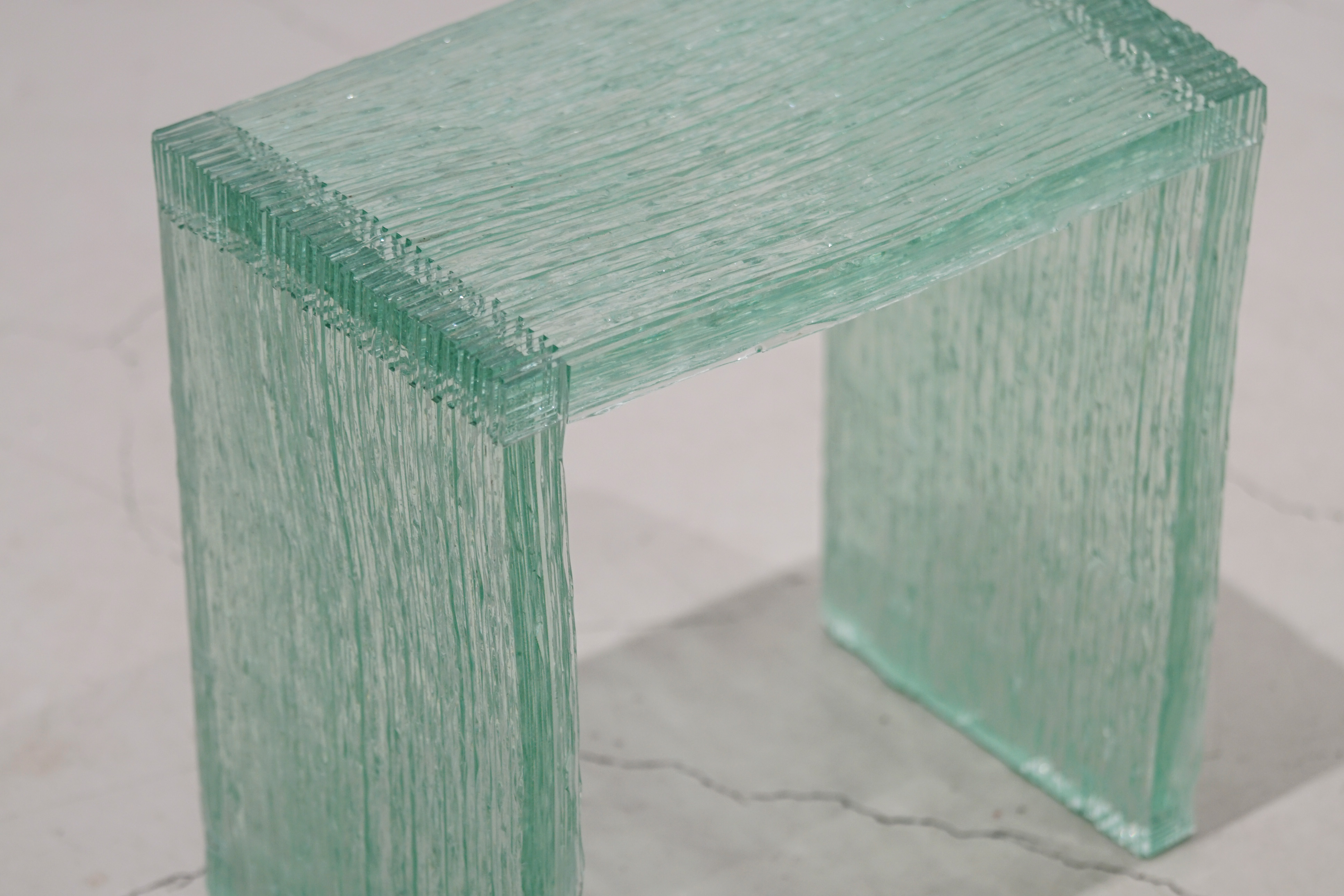
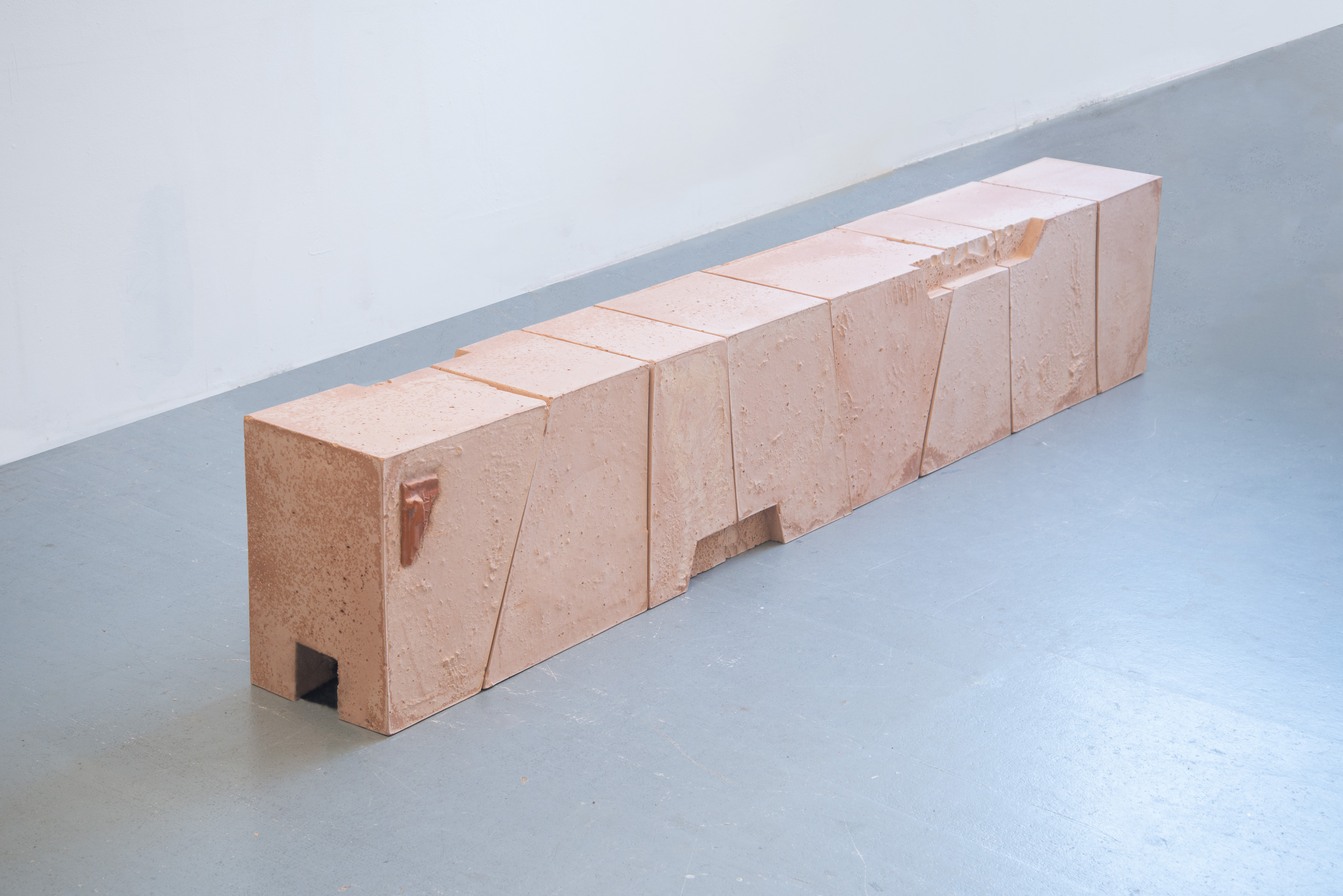
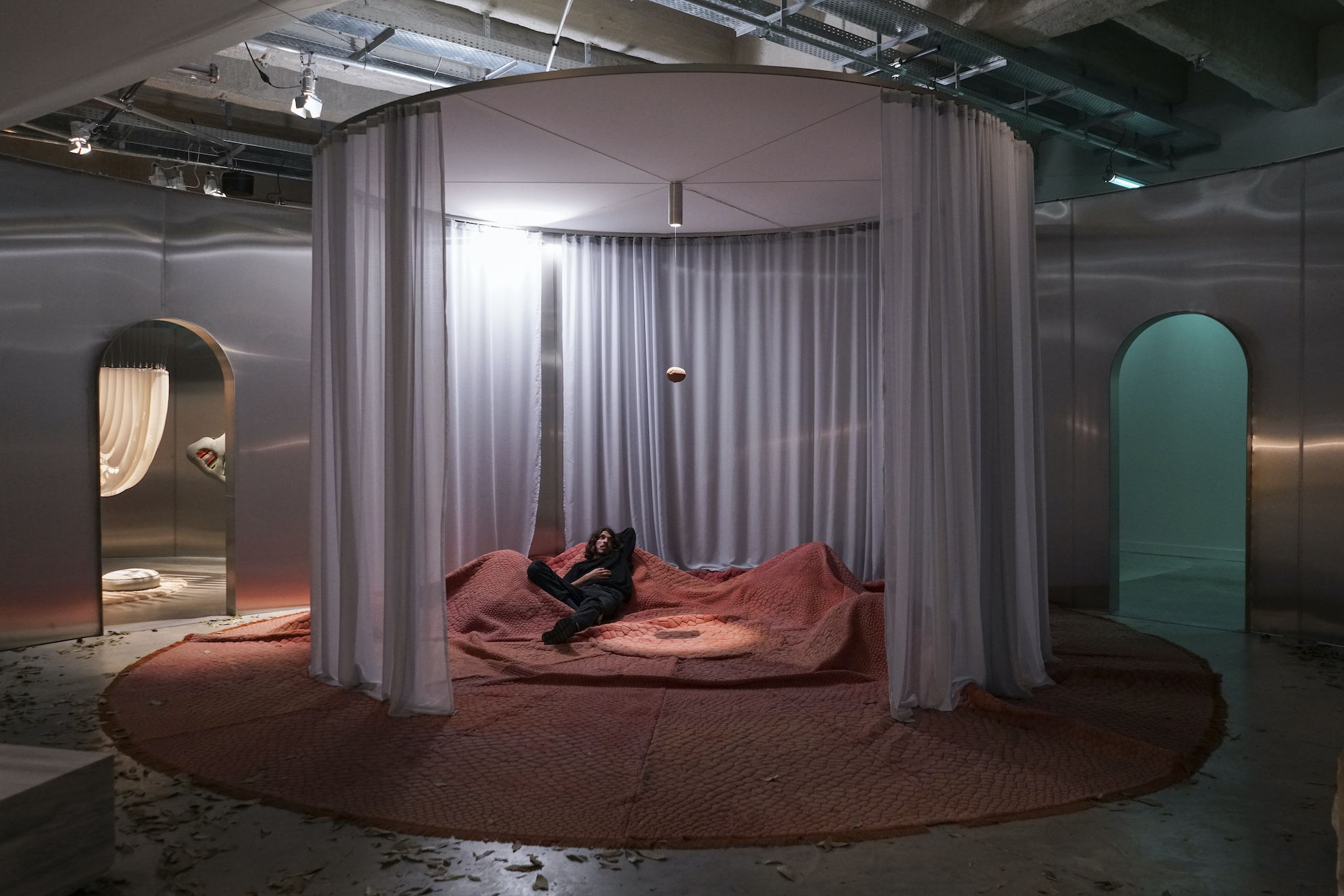
02:00pm–10:00pm
We, the fellows of Künstlerhaus Stuttgart, invite you for an extended hang-out session on the 3rd and 4th floor of the KHS building as we open our ateliers and share work-in-progress. Join a social gathering with a studio visit marathon, artistic exchanges, a community dinner, and a very open jam.
Upon arrival on the studio floor, you are greeted by a silent presence with impeccable style, while next door wondrous sounds and mindful movements gradually take over the space. In another dimension, you can immerse yourself in electro-acoustic experiments that dissolve the boundaries between VR workout and interactive music. Before you indulge in the latest Künstlerhaus gossip, the studio at the end of the common room is the ideal place to wind down from a VR frenzy. The research-intensive material samples demonstrate how urban building and waste materials regain value in a new circular economy, presented as artefacts that move between sculptural works and everyday objects. Meanwhile, the music enthusiasts among you will gather to discuss resistant music at the margins of our perception. On the top floor of the Künstlerhaus, you can then indulge in a more reflective mood as you wander among larger-than-life paintings, installations and objects that document stories of belonging and foreignness. Those who stay until the end are welcome to break bread and clink glasses with old and new acquaintances.
Don’t miss out on exploring the upstairs spaces for a more contemplative experience, walking amidst larger-than-life installations, paintings and objects that document tales of belonging somewhere yet nowhere at the same time. If you hang around long enough, you are welcome to sit down and break bread together with strangers and new friends.
You might wonder: Is this a performative dinner or a culinary community-based choreography? Drop the Artspeak, grab a drink or two and get freaky in an open jam for karaoke masters, electronic amateurs and YouTube-DJs. Come early, stay late!
We look forward to spending the day with you!
Eva Dörr & Lena Meinhardt
Freia Achenbach & June Fàbregas (anima ona)
Kateryna Surhutanova
Lambert Mousseka
Marcela Majchrzak
Theo Ferreira Gomes
Program
14:00 Open
14:30 Music Sharing Circle
Participate in an informal sonic hangout. We will share music, field recordings, texts, and other sound-related material that defy the status quo. This is the kick-off of »the sonic and the void«, a series of exchange formats, centered on critical sound practices and experimental music. The group is hosted by Kosmas Dinh & Theo Ferreira Gomes.
16:30 Studio Visit Marathon
The Atelier-Fellows of Künstlerhaus Stuttgart guide you on an energetic tour through their studios. Every 30 minutes, another workplace is introduced while work-in-progress is shared in an informal setting. With: Kate, Lambert, Eva & Lena, Anima Ona, Theo, Marcela
19:00 Breaking Bread – Common Dinner
Break Bread with the Künstlerhaus community and join for a communal dinner free of charge. All food will be vegetarian and vegan. Prepared with love by Marcela & co.
20:30 Open Jam
Feel free to contribute or listen in on an open jam on the 3rd floor of KHS. Some instruments and microphones are provided by Eva & Lena. You are welcome to bring your instrument of choice, but also your favourite poems or meme captions that will definitely get stuck in your head.
22:00 End

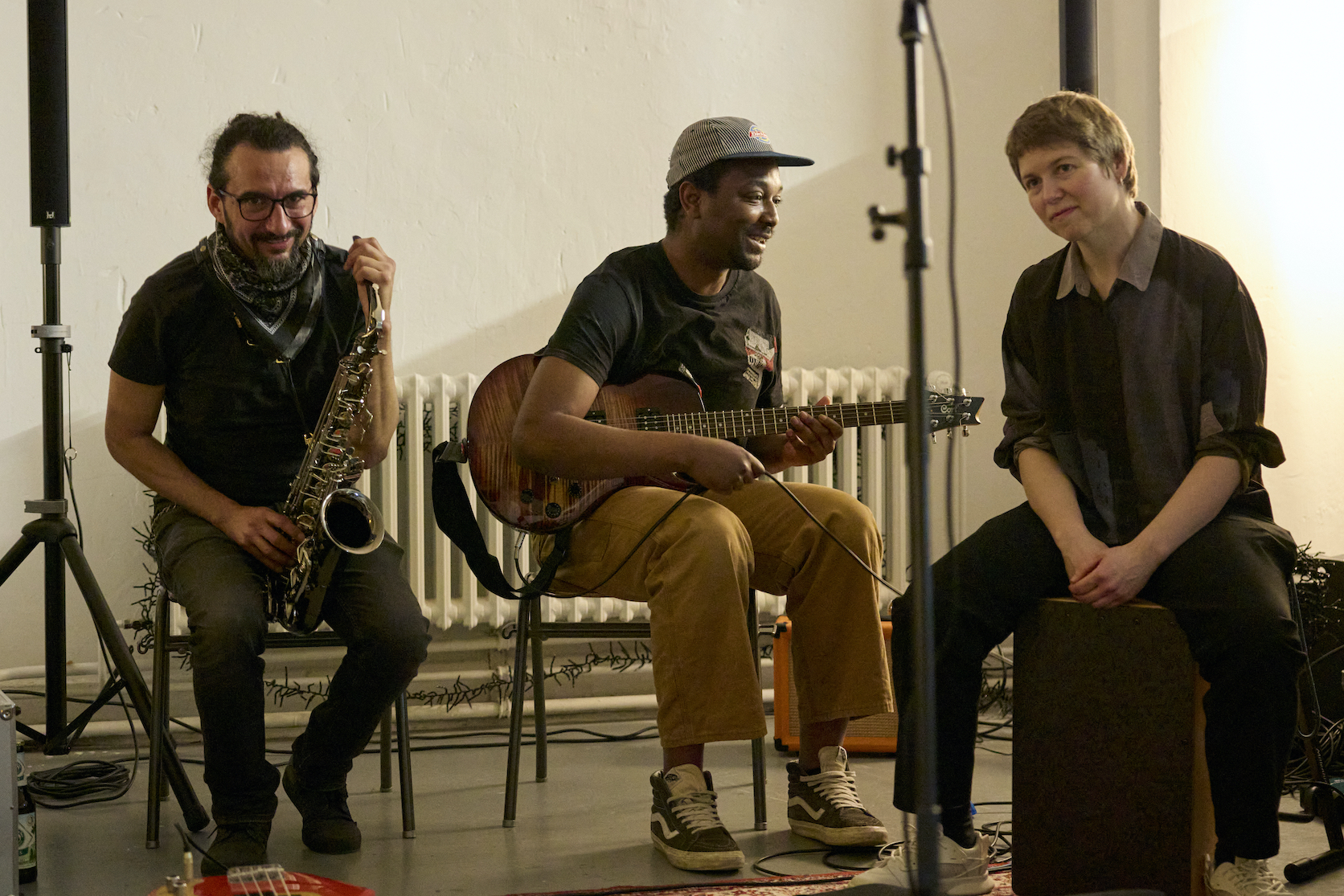
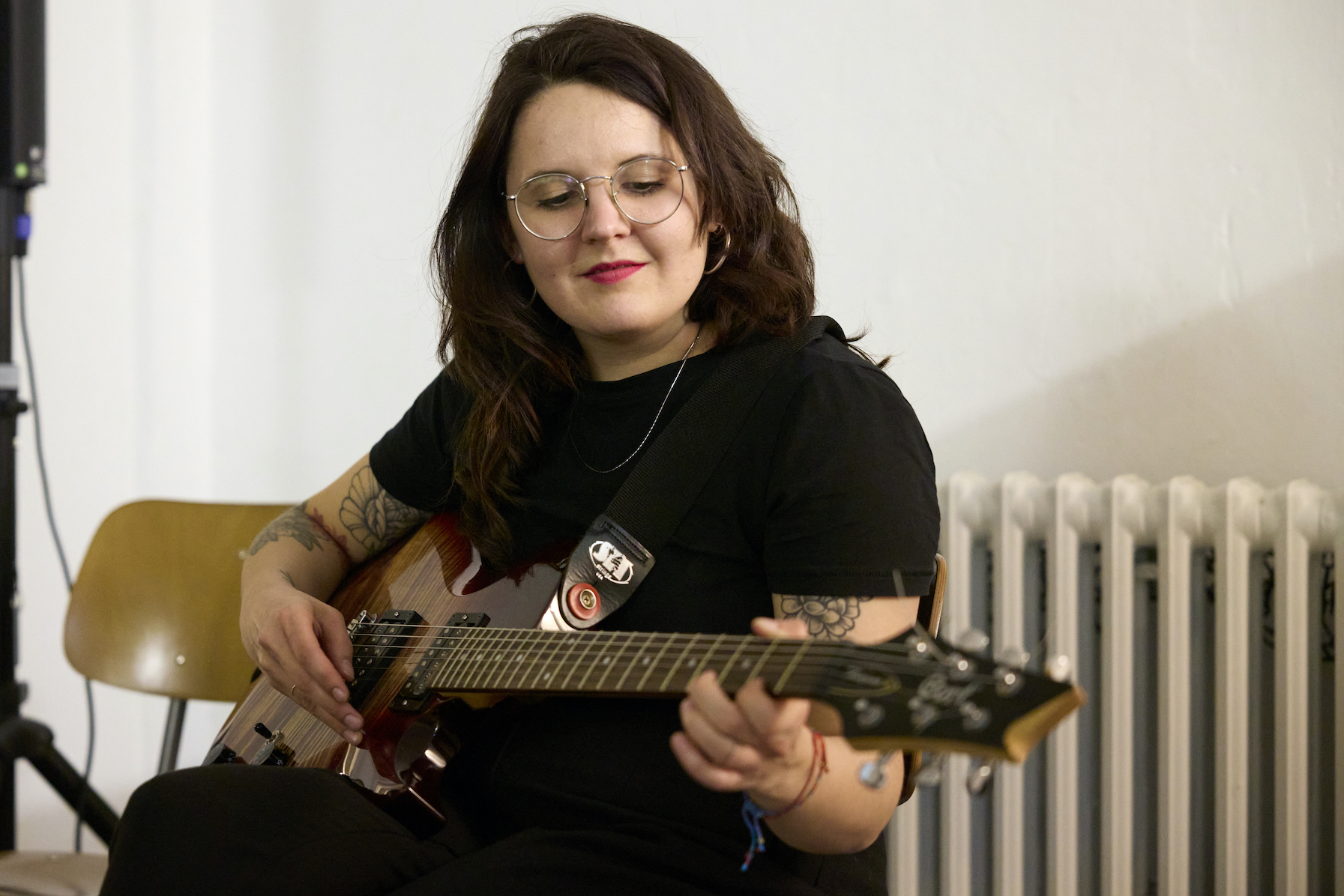
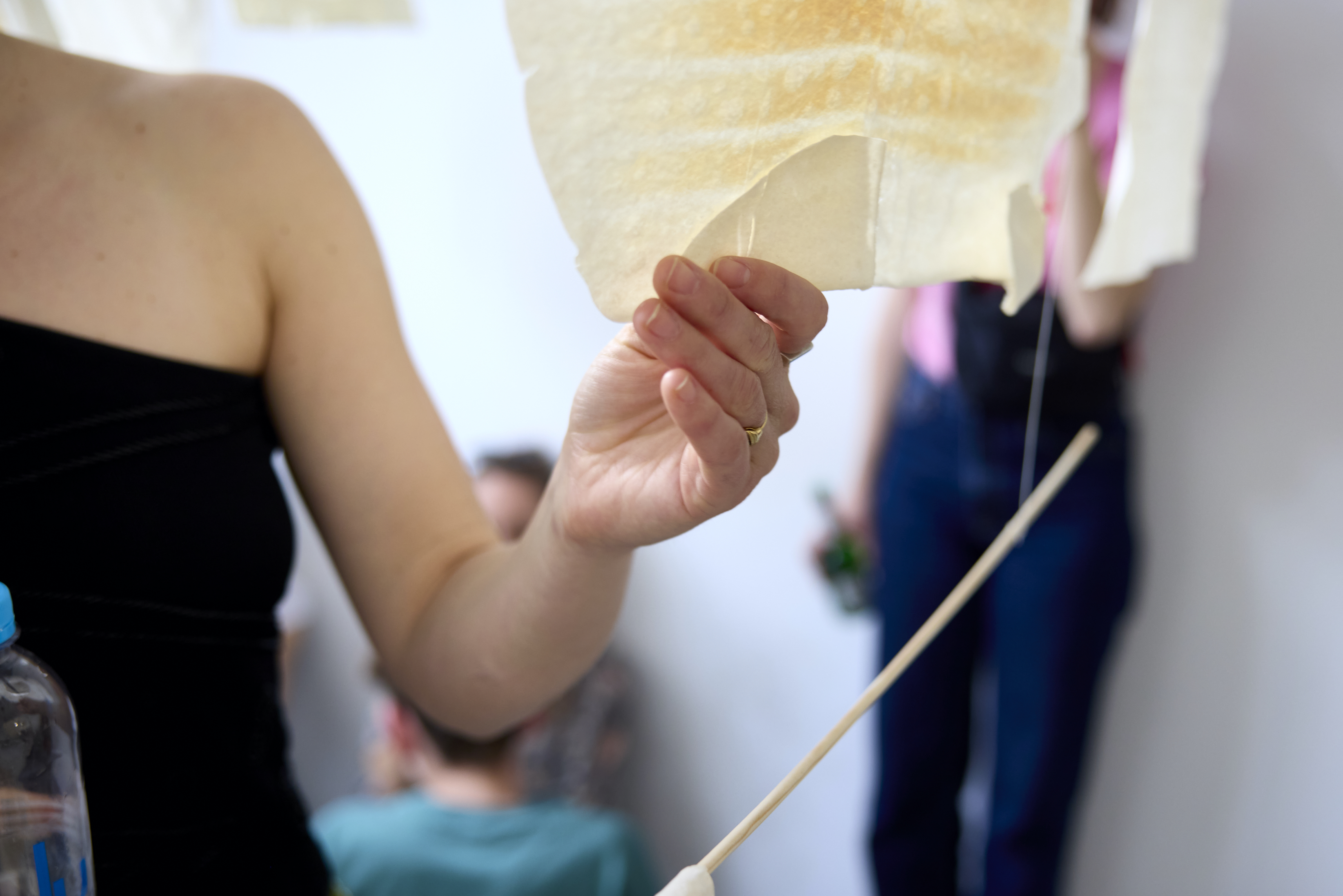

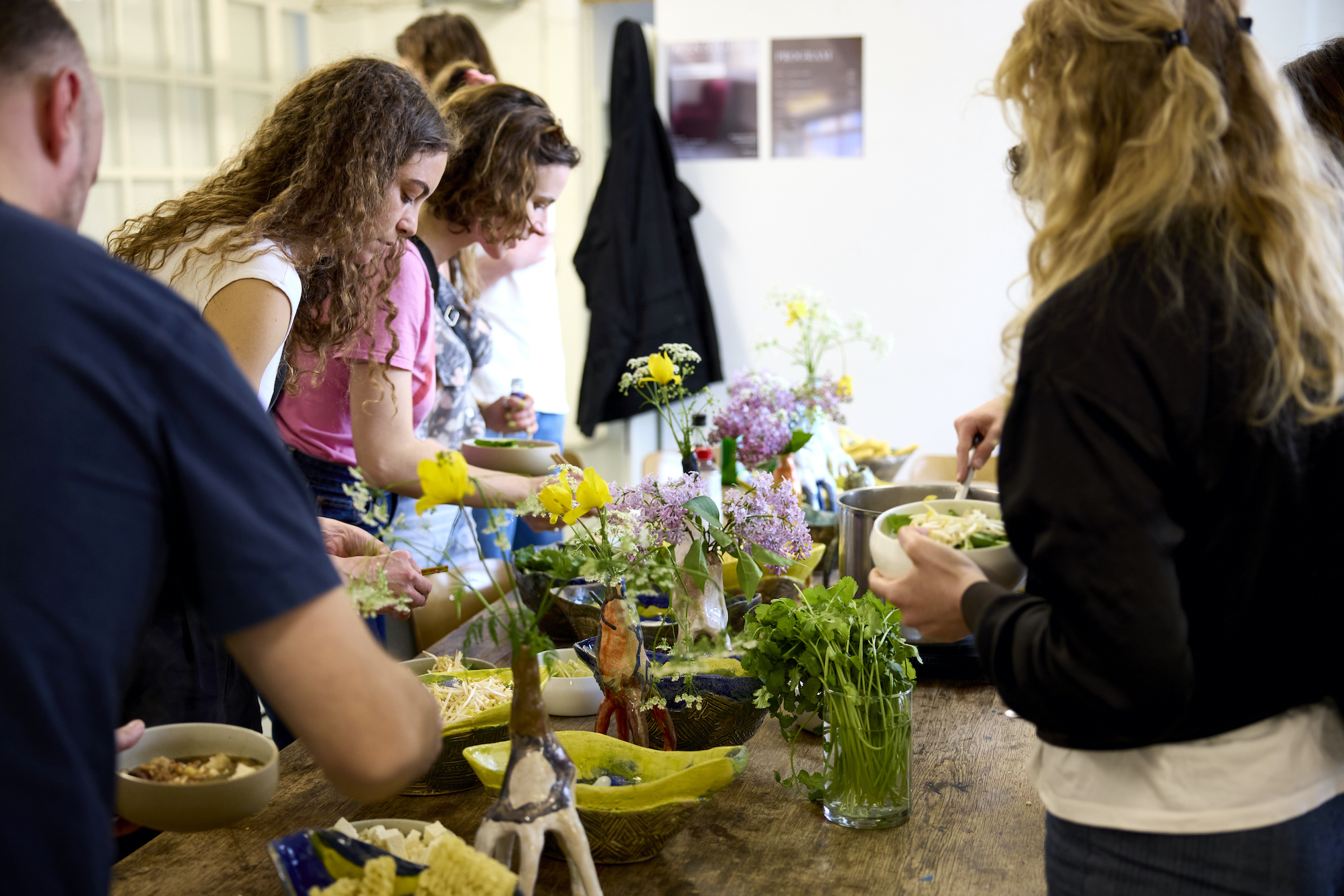
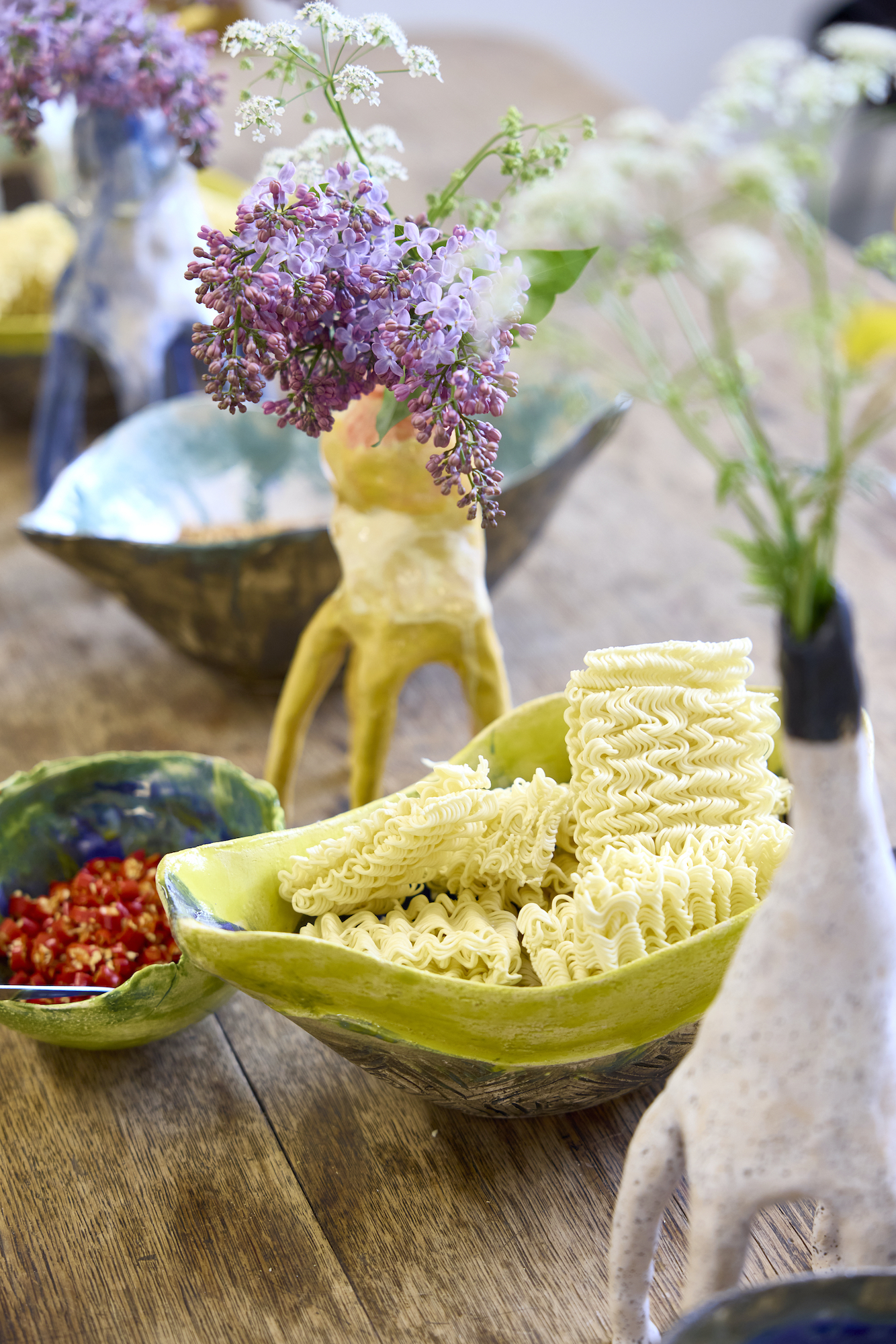
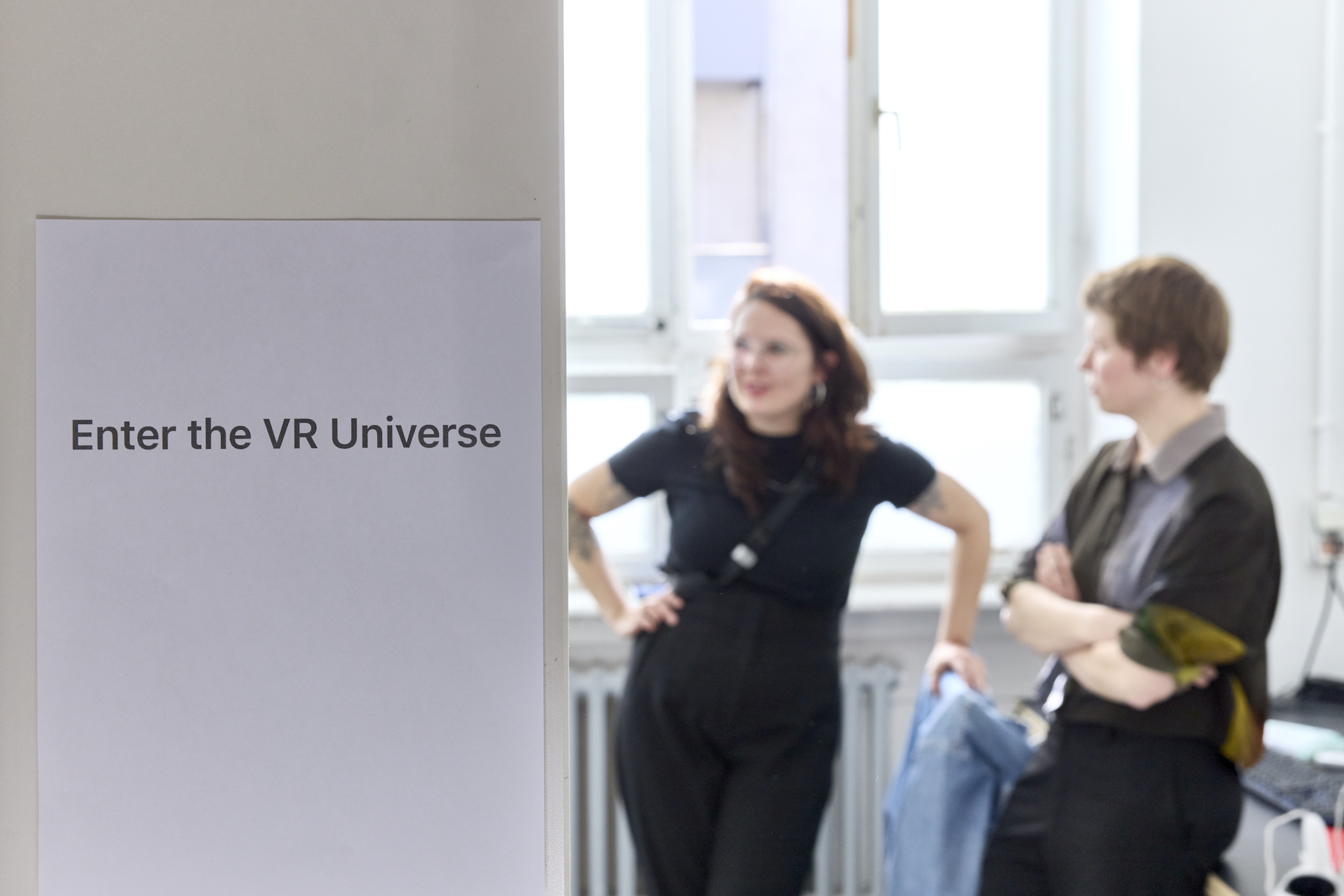
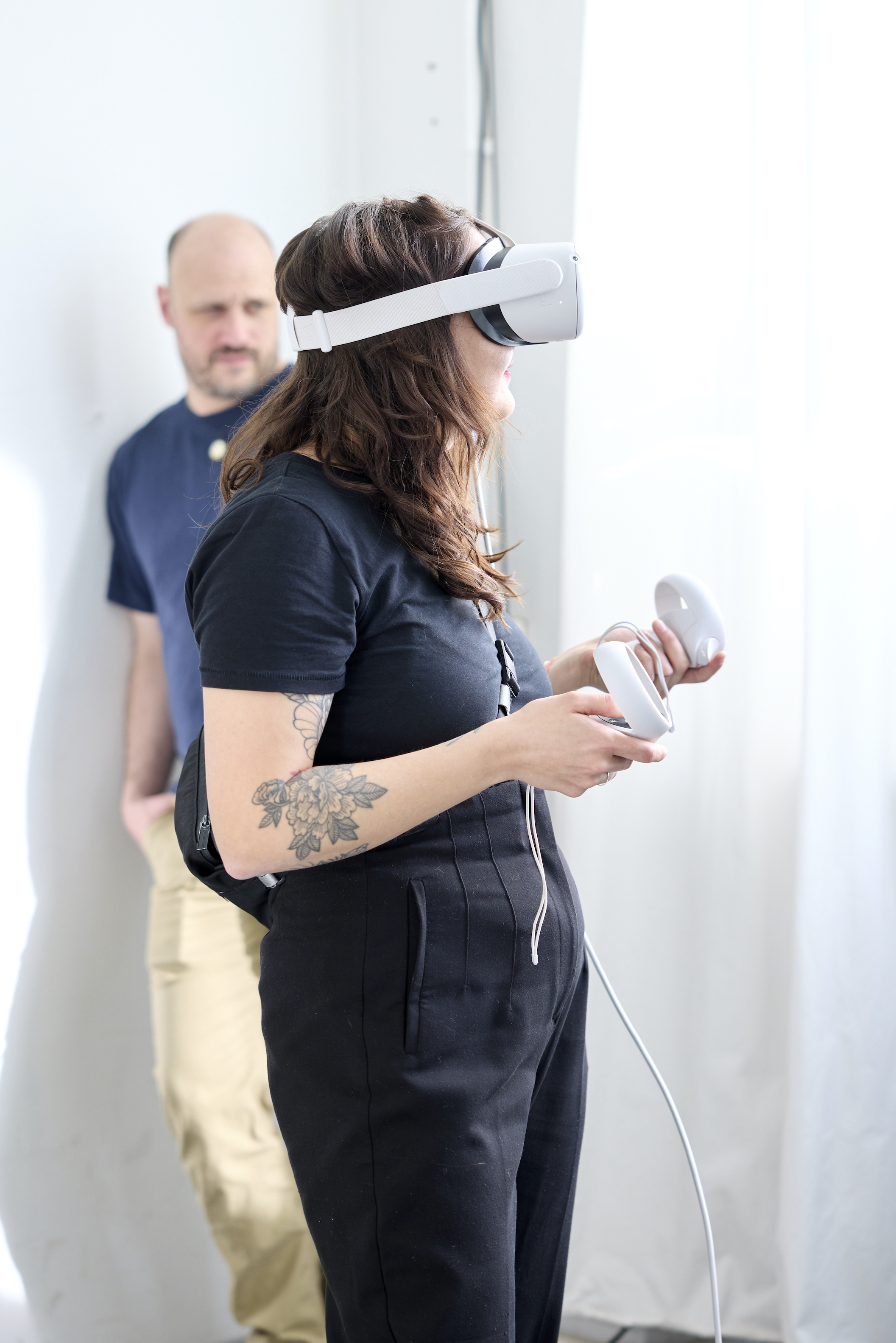
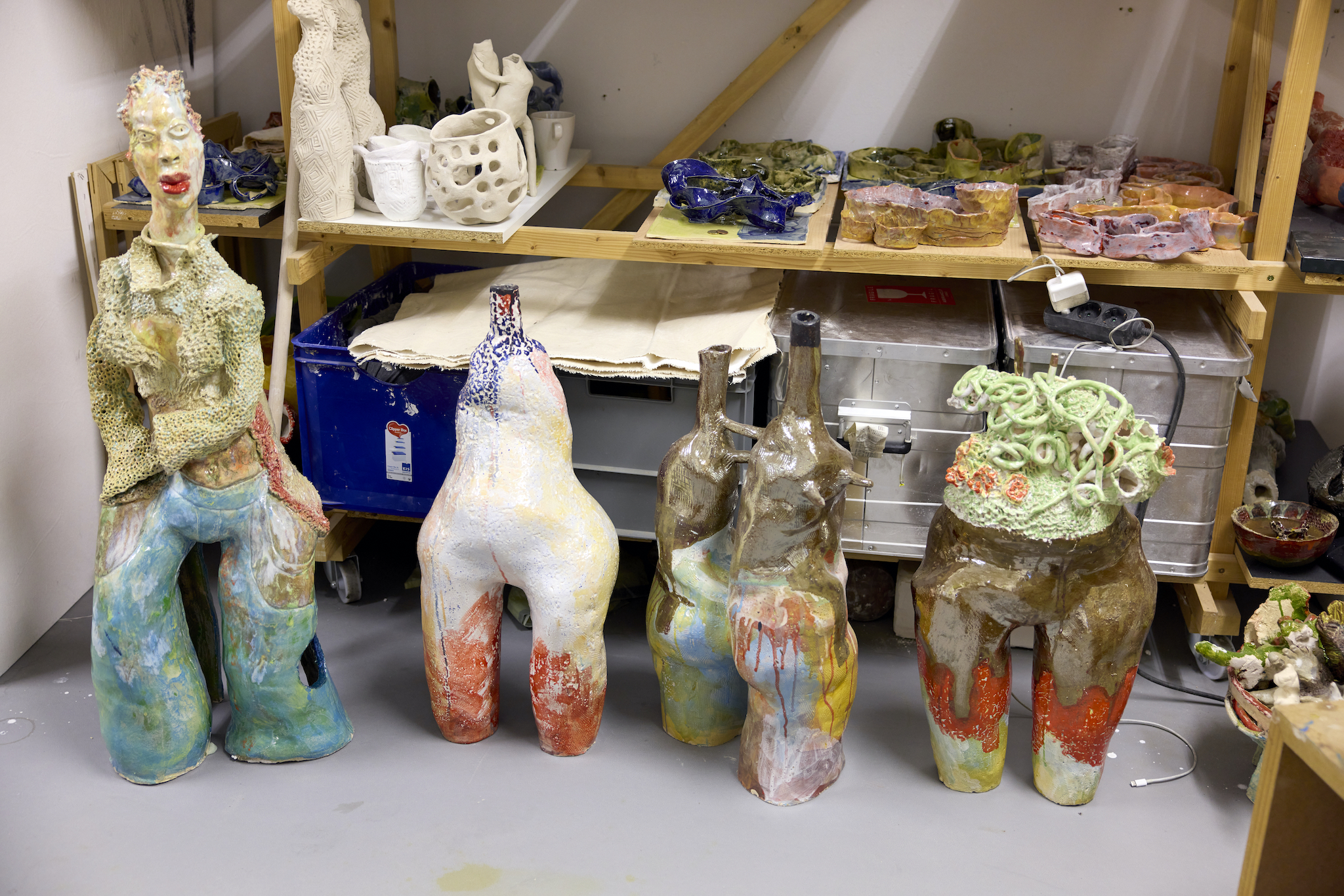
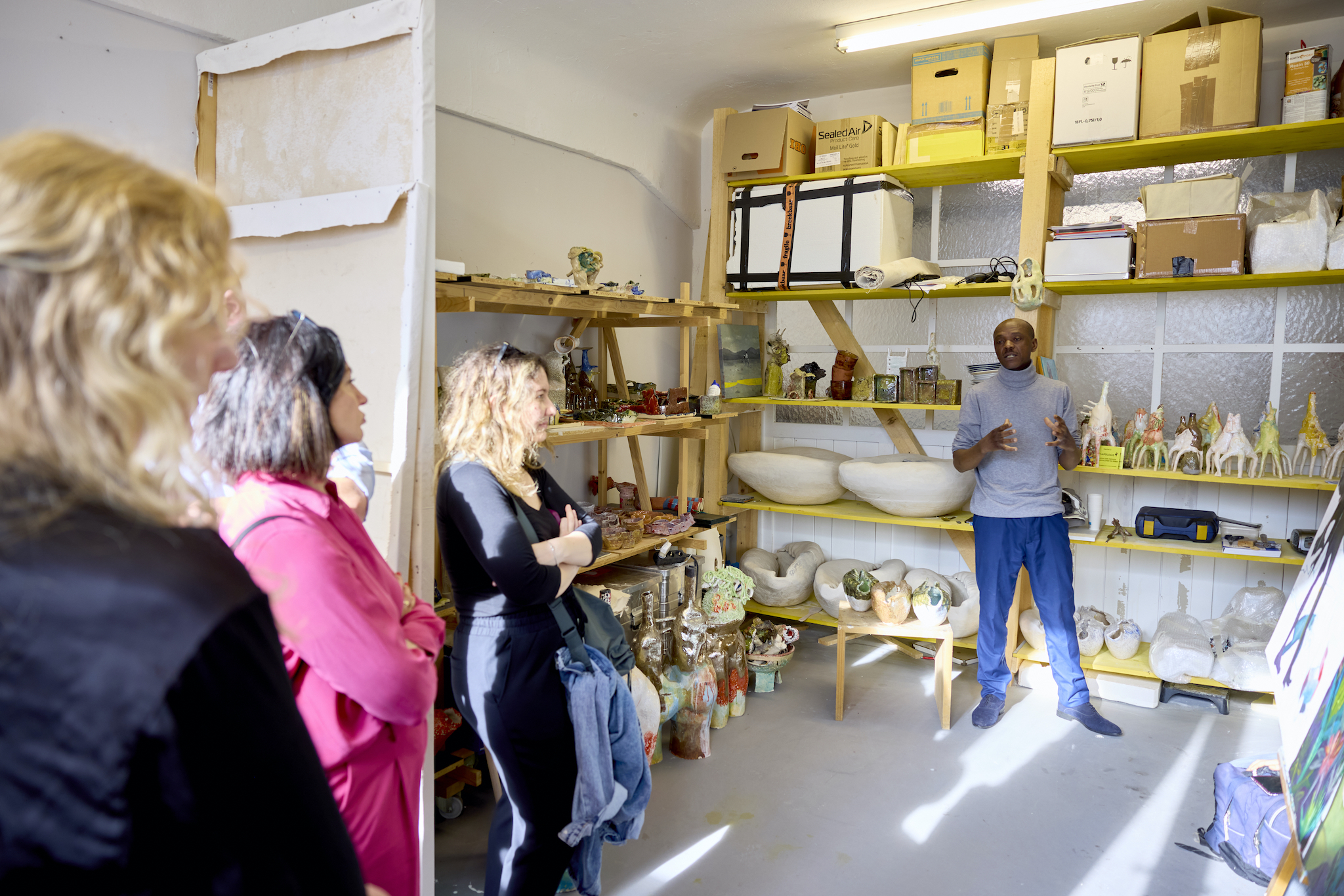
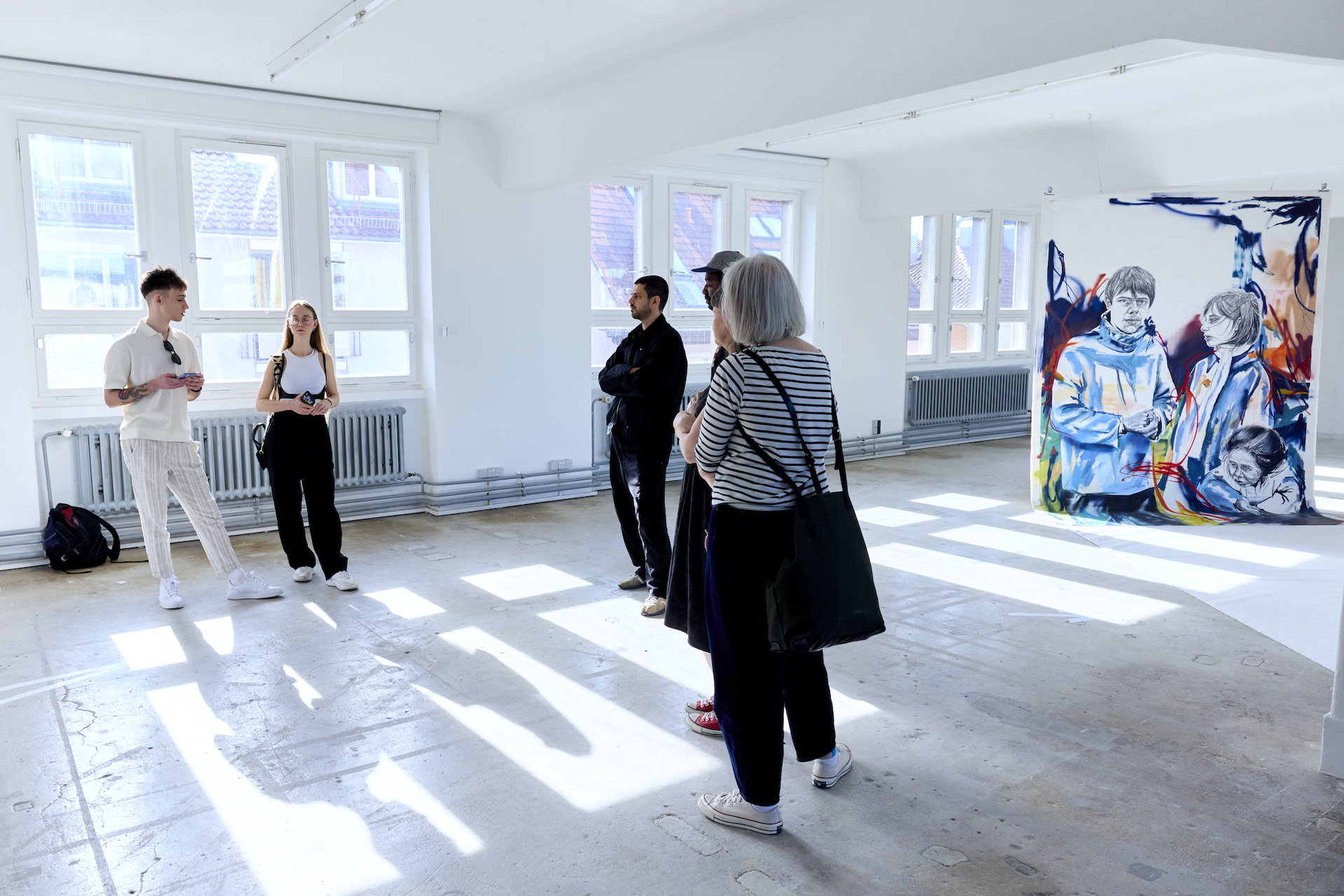
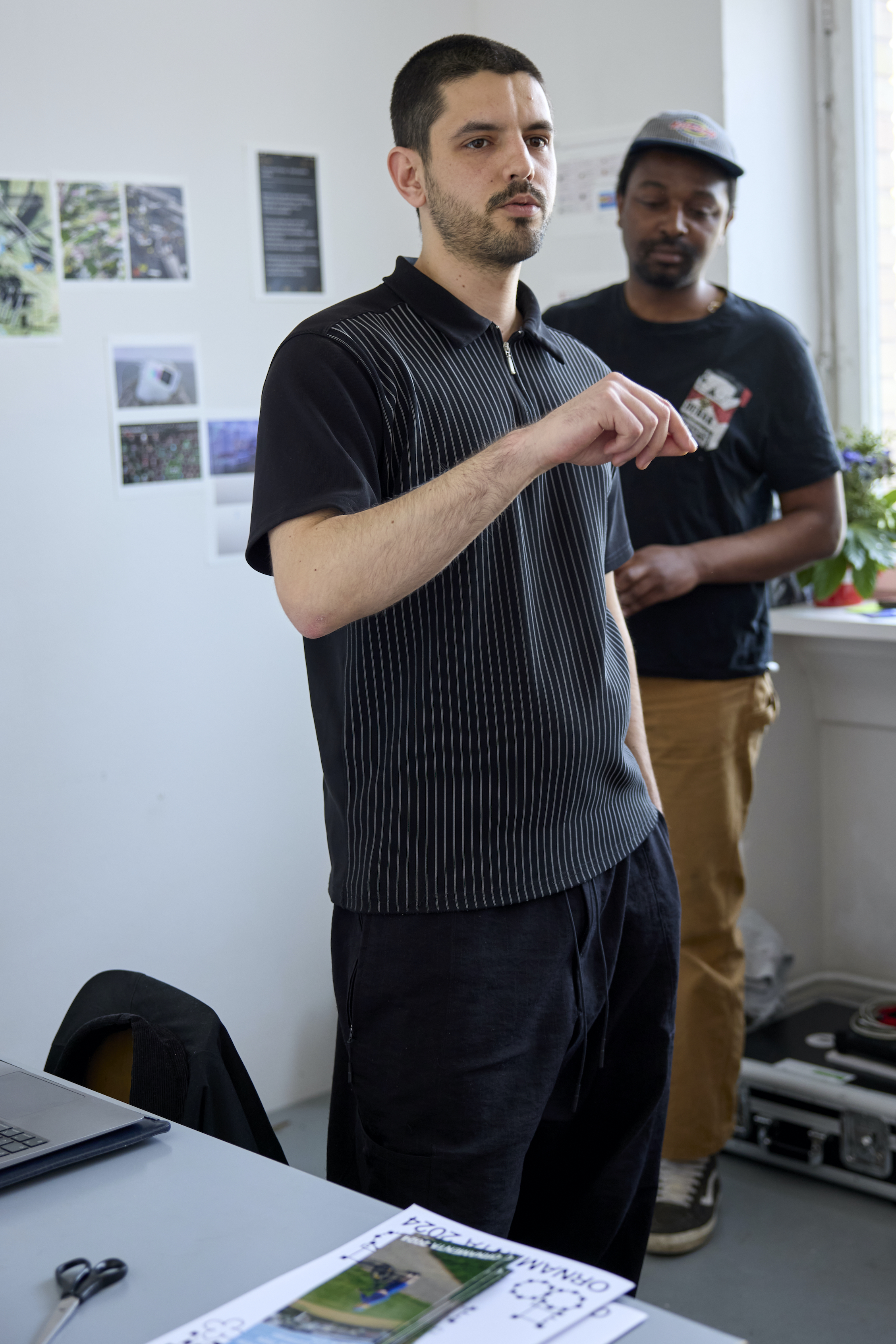
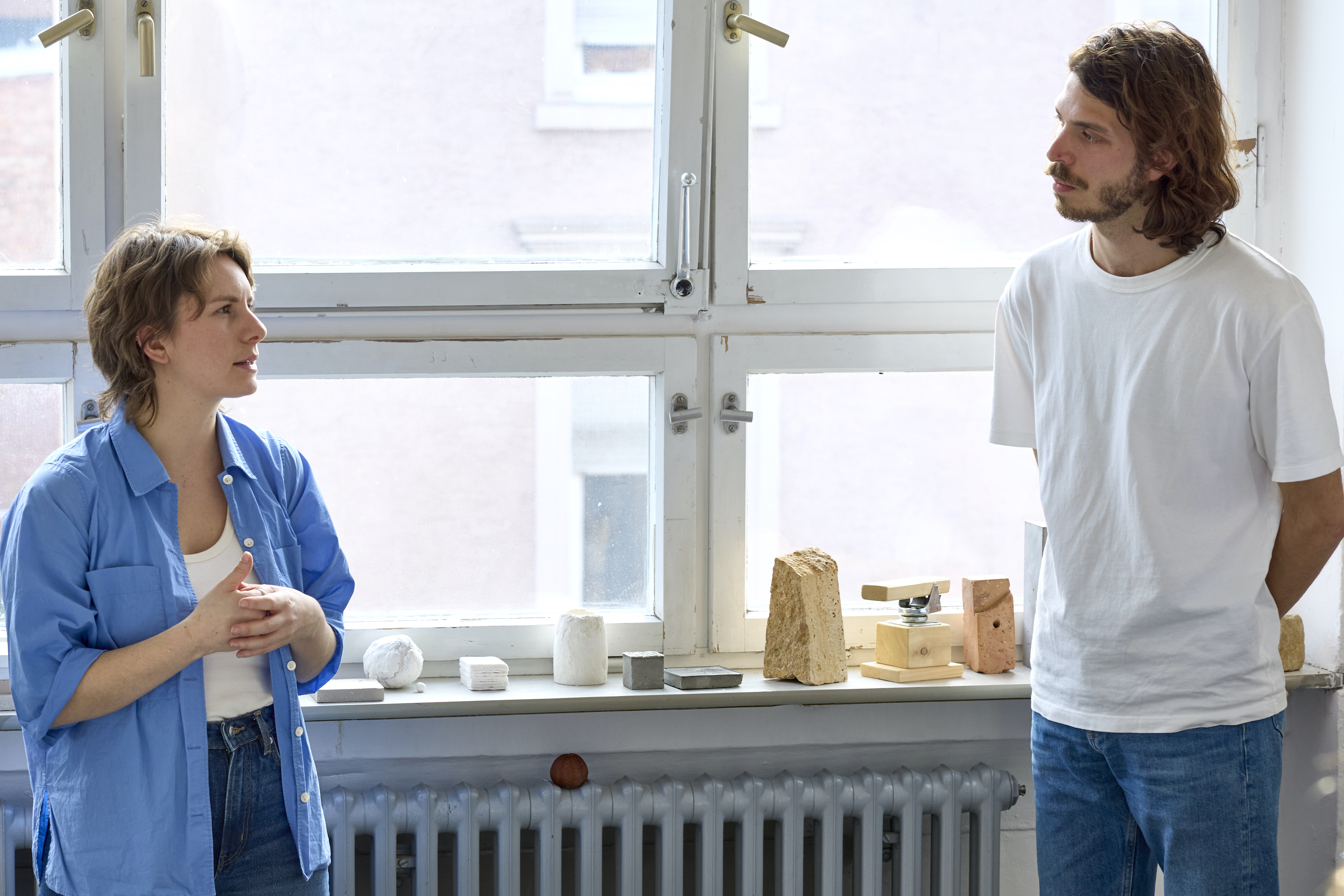
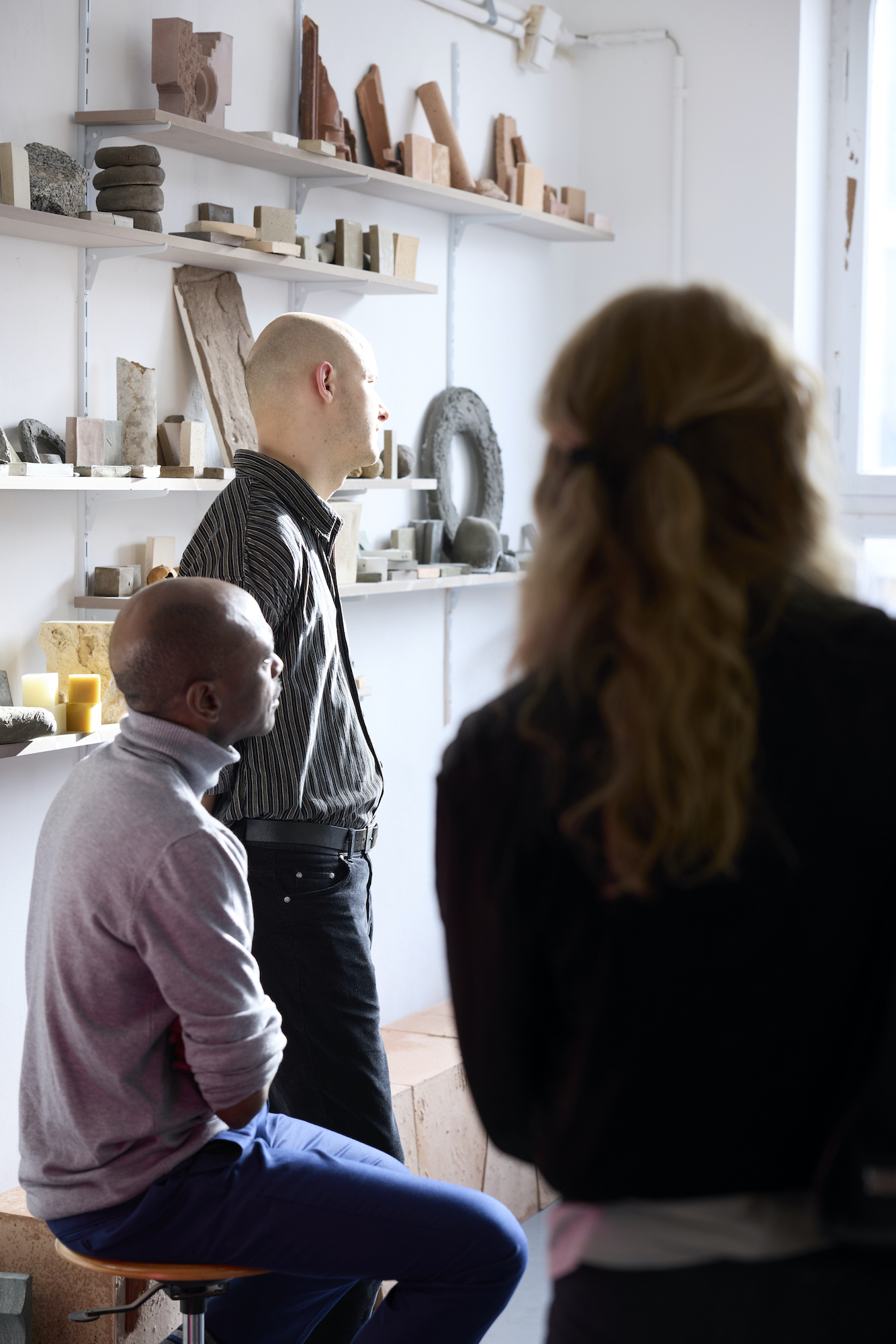
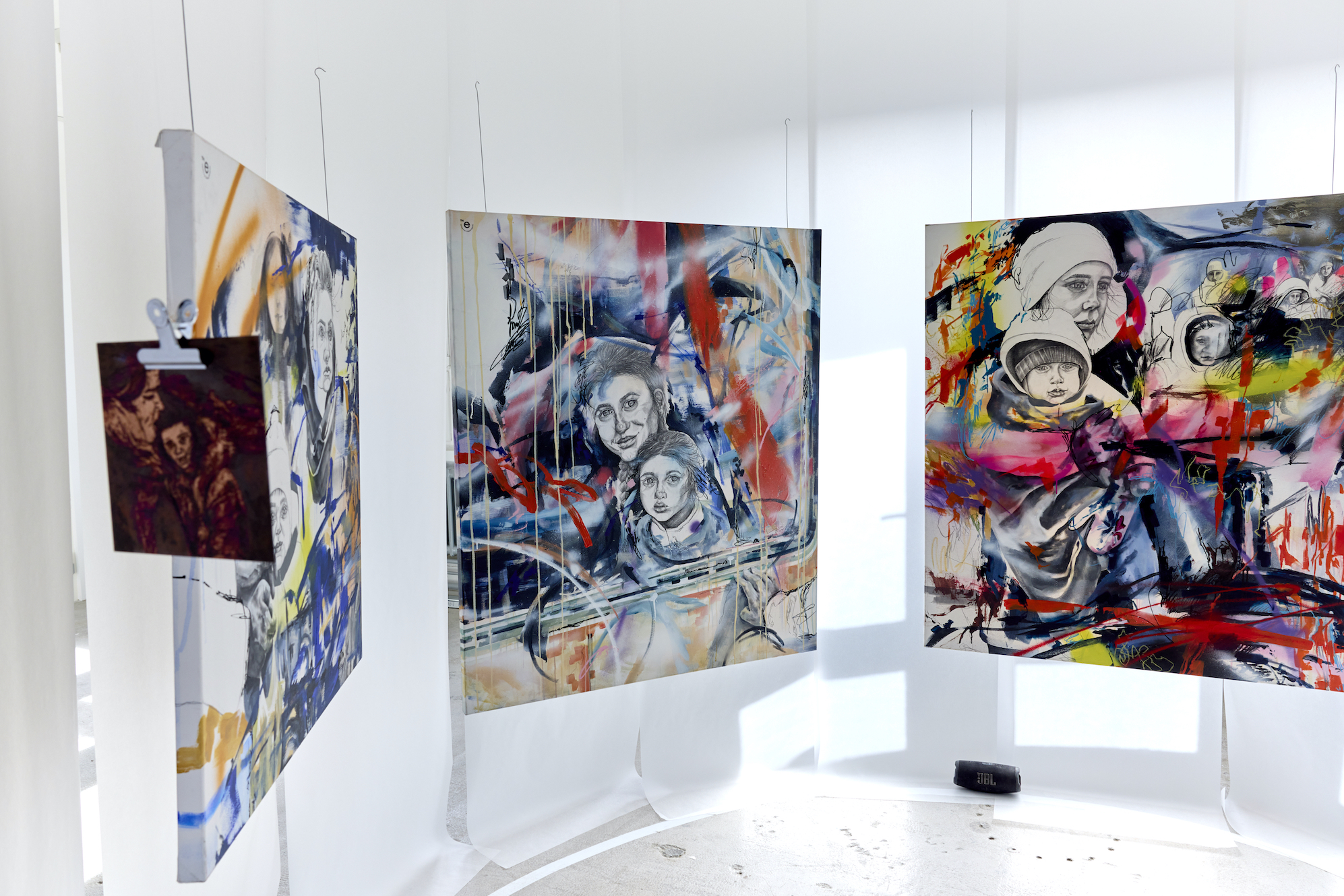
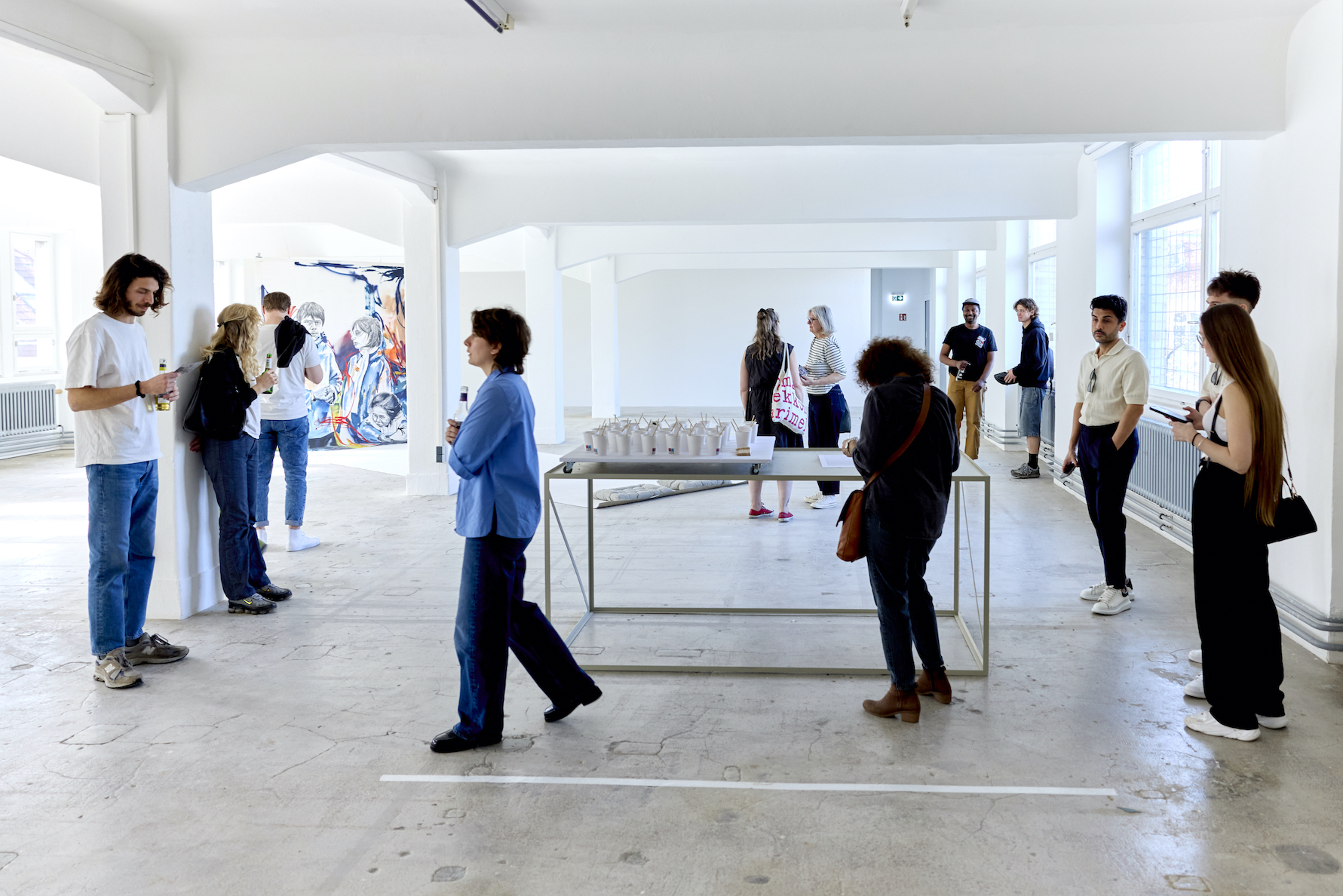
In the 30th Tuesday Workshop, Georg Ozory, artist and workshop manager of the etching workshop at the Künstlerhaus, will provide insights into his artistic work and invite visitors to view his pictures.
The Künstlerhaus Stuttgart has been part of Georg Ozory’s sphere of activity since its foundation. After immigrating to Austria, the Hungarian-born artist obtained his diploma in graphic design in Vienna and continued his artistic career in Stuttgart from 1977. In addition to his art education activities, Georg Ozory works in printmaking and painting.
As a sensitive person, he cannot escape the responsibility of reacting to the current world situation and putting the possibilities of contemporary panel painting to the test.
In conversation with visitors, Ozory would like to discuss, among other things, the symbolism of colour and the acceptance of the panel painting.
Tuesday Workshop
The Künstlerhaus invites an artist or a collective—meaning any artists or cultural workers from any field or discipline—to talk about their working methods as well as their backgrounds and approaches. We want to establish a platform for a more in-depth interaction with regard to artistic practice, and in doing so to create a network, show solidarity, and mutually strengthen one other.
The series is aimed at all members of Künstlerhaus Stuttgart, artists either living in Stuttgart and the surrounding area or just traveling through, all cultural workers, art mediators, curators, etc., and is open to everyone!
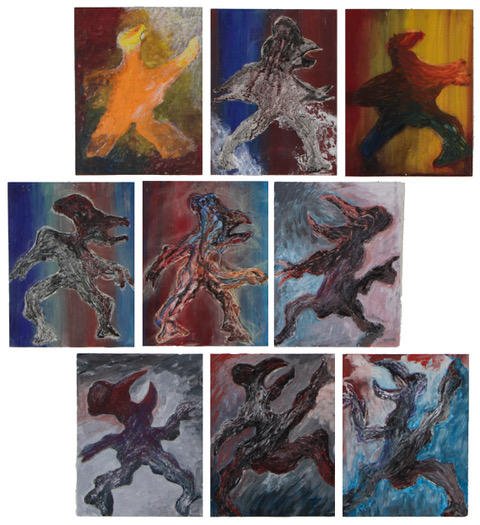
In the first Tuesday workshop of the year, Cindy Cordt will provide insights into her artistic work and introduce the format Paarungszeit.
Cindy Cordt is a performance artist who studied in Weimar and Leipzig and taught at the State Academy of Fine Arts in Stuttgart.
As a performer, she is sensitive to the tension of the viewer. She almost provokes the desire to intervene in her performances, thus creating a connection with the viewers, who then become part of a work of art in the making, demonstrating that we are all part of a social organism and that action is a way of participating in society.
Afterwards, we invite you to join us for a discussion and exchange.
Tuesday Workshop
The Künstlerhaus invites an artist or a collective—meaning any artists or cultural workers from any field or discipline—to talk about their working methods as well as their backgrounds and approaches. We want to establish a platform for a more in-depth interaction with regard to artistic practice, and in doing so to create a network, show solidarity, and mutually strengthen one other.
The series is aimed at all members of Künstlerhaus Stuttgart, artists either living in Stuttgart and the surrounding area or just traveling through, all cultural workers, art mediators, curators, etc., and is open to everyone!
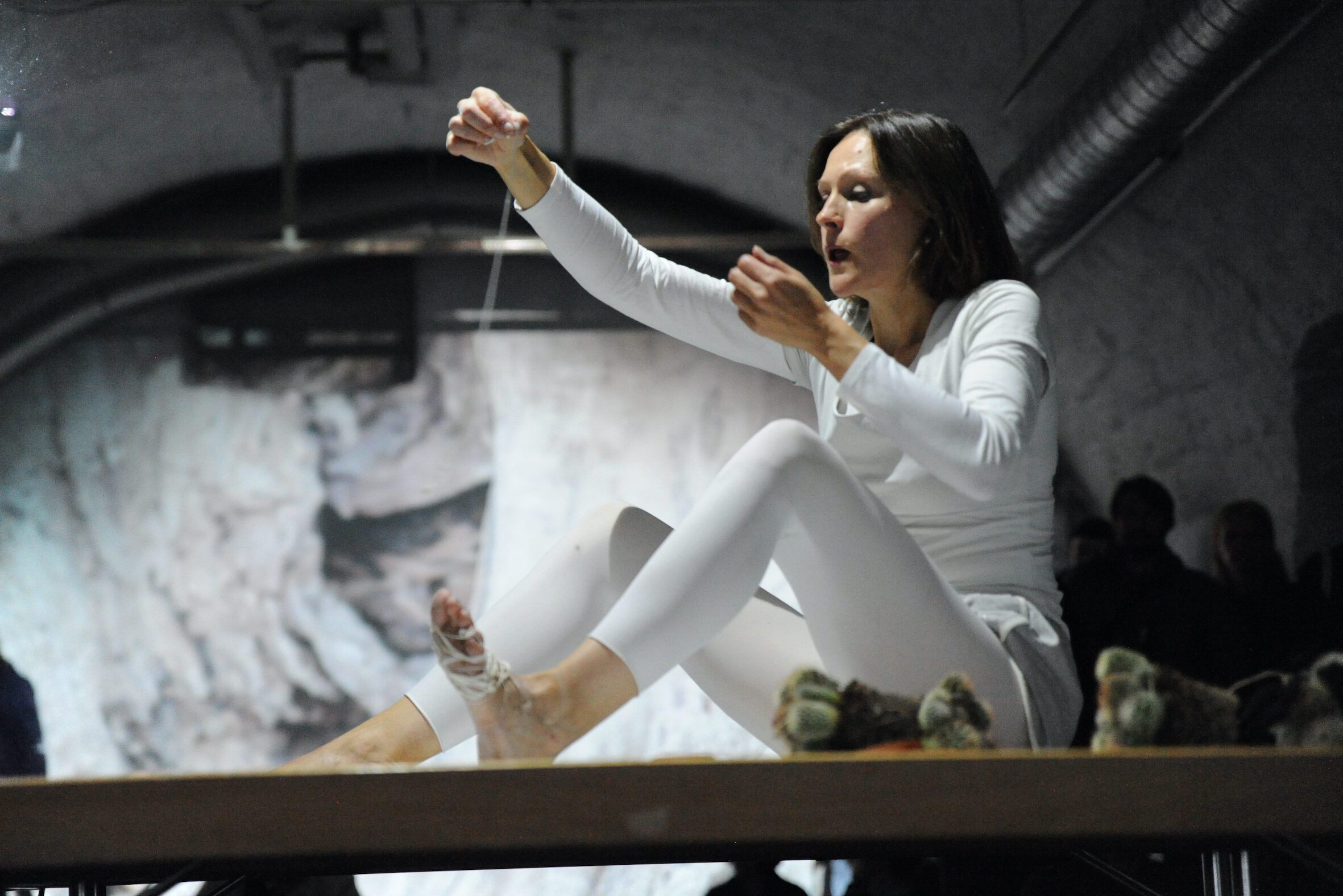
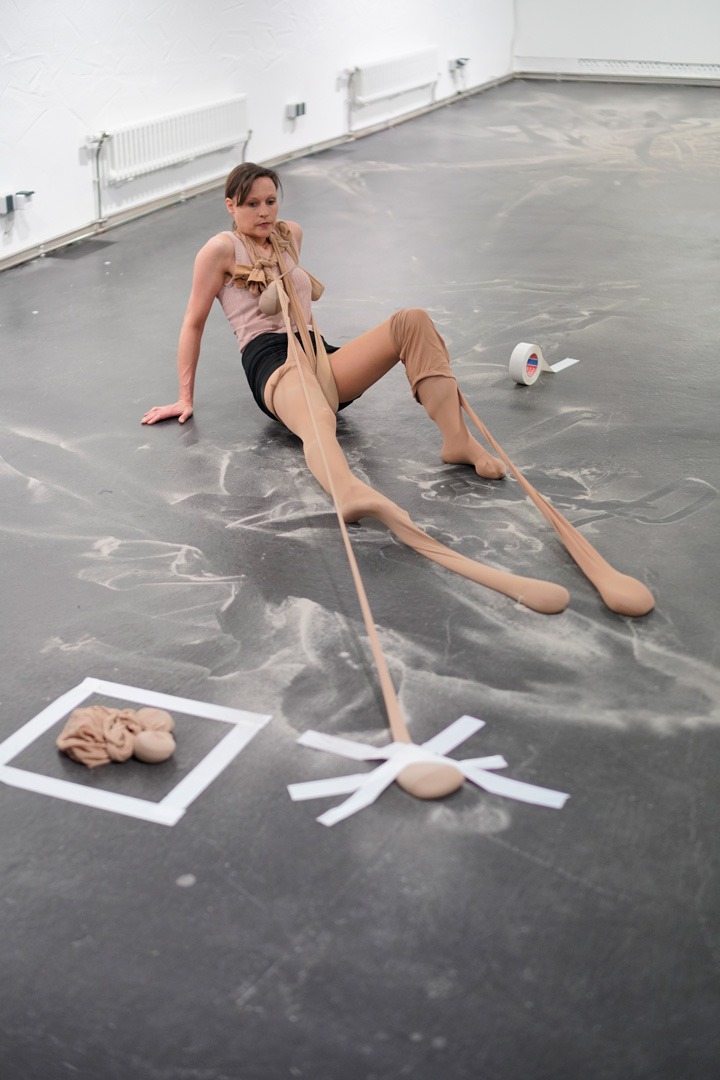
Tamarind Rossetti and Stephen Wright, the new Artistic Directors, or rather the new Usership Coordinators, are invited to give members an insight into their ideas for the next few years at the Künstlerhaus. Of course, there will be also a discussion in German and English.
We are looking forward to this exciting new look at the Künstlerhaus, the eco-systemic approach of the two, who also want to work with and through the users of the Künstlerhaus. Or in their own words:
„We are excited to get together with you all, to learn about your projects and experience, to begin conversations and see where our interests connect. Looking forward to working with you over the coming months as we welcome new possibilities in 2024. Let’s get gardening!“
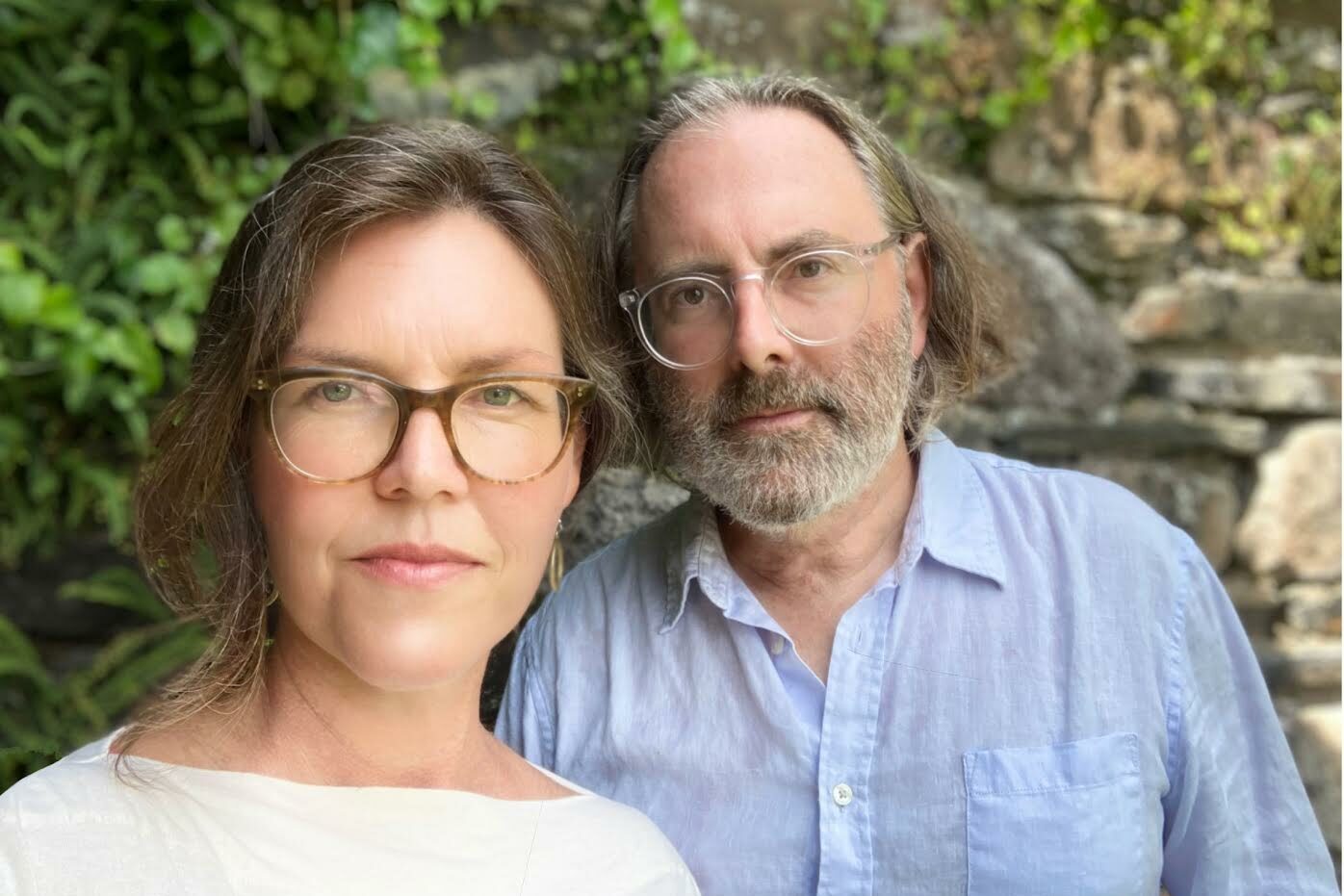
Künstlerhaus Stuttgart is closed from 22 December 2023 up to and including 2 January 2024.
Heba Y. Amin, artist and Professor at the State Academy of Fine Arts Stuttgart (Staatliche Akademie der Bildenden Künste / ABK-Stuttgart), and Füsun Türetken architect, artist, and Professor at Karlsruhe University of Arts and Design (Staatliche Hochschule für Gestaltung / Karlsruhe HfG) convene a series of seminars at the Künstlerhaus Stuttgart to work with students in developing site-responsive interventions and methods of futurity that contend with ongoing histories of trauma.
To convene these seminars onsite at the Künstlerhaus Stuttgart is to necessarily grapple with an immediate site of trauma—to contend with the Künstlerhaus Stuttgart’s historical legacy as an art institution located in a building that was acquired in 1935 by means of Nazi dispossession. It is well known that art institutions are often deeply contaminated sites that collect, present, and embody the living histories, symbolic systems, and operative structures of state violence. How can these sites in the art sector be occupied by other means and repurposed towards other futures? What specific methodologies may be developed and applied towards reparative futures, towards reparations? What contributions can art practitioners make to the longstanding project of reparations and reparations discourses?
As Zoé Samudzi has written: “Reparations discourses articulate a grammar of futurity: not simply a world that does not exist, but one that could be fabricated through attempts to repair historical harm and trauma.” (Zoé Samudzi, “Reparative Futurities: Thinking from the Ovaherero and Nama Colonial Genocide,” The Funambulist, Issue 50, https://thefunambulist.net/magazine/redefining-our-terms)
This series of seminars at the Künstlerhaus Stuttgart has been organized as a creative unfolding reparations project. Within this project, the concept of “futurity” operates as a technique of ontological reconstruction—challenging historically settled expectations, while enacting a future that is unresigned and unreconciled. This technique activates the telling and the realization of the past—through texts, images, interventions, and situations—as an ongoing critical project that must always be actualized and manifest in the present. Through these seminars, students develop consequential methodologies of futurity and their own “grammars of futurity” in confronting the freighted history of the Künstlerhaus Stuttgart. Looking to how artists advance site-responsive methodologies, these seminars are in conversation with two works by the artist Maria Eichhorn. In October of this year the seminar students worked onsite in Venice, responding to Eichhorn’s project at the German Pavilion for the Venice Biennale. And subsequently in November, the students began working at the Künstlerhaus Stuttgart, responding to Eichhorn’s in-process work that examines the Künstlerhaus Stuttgart’s ongoing history of property relations. While contending with the history and continued usage of this particular property, these series of seminars and public presentations on December 19th imagine future reparative possibilities that extend to other sites within and beyond the German context.
Onsite Seminars:
Tuesday, November 7
Tuesday, November 21
Tuesday, December 5
Tuesday, December 19
Public Presentations by Seminar Students at Künstlerhaus Stuttgart:
December 19, 2023 at 7pm (19.00)
In cooperation with ABK Stuttgart and HFG Karlsruhe
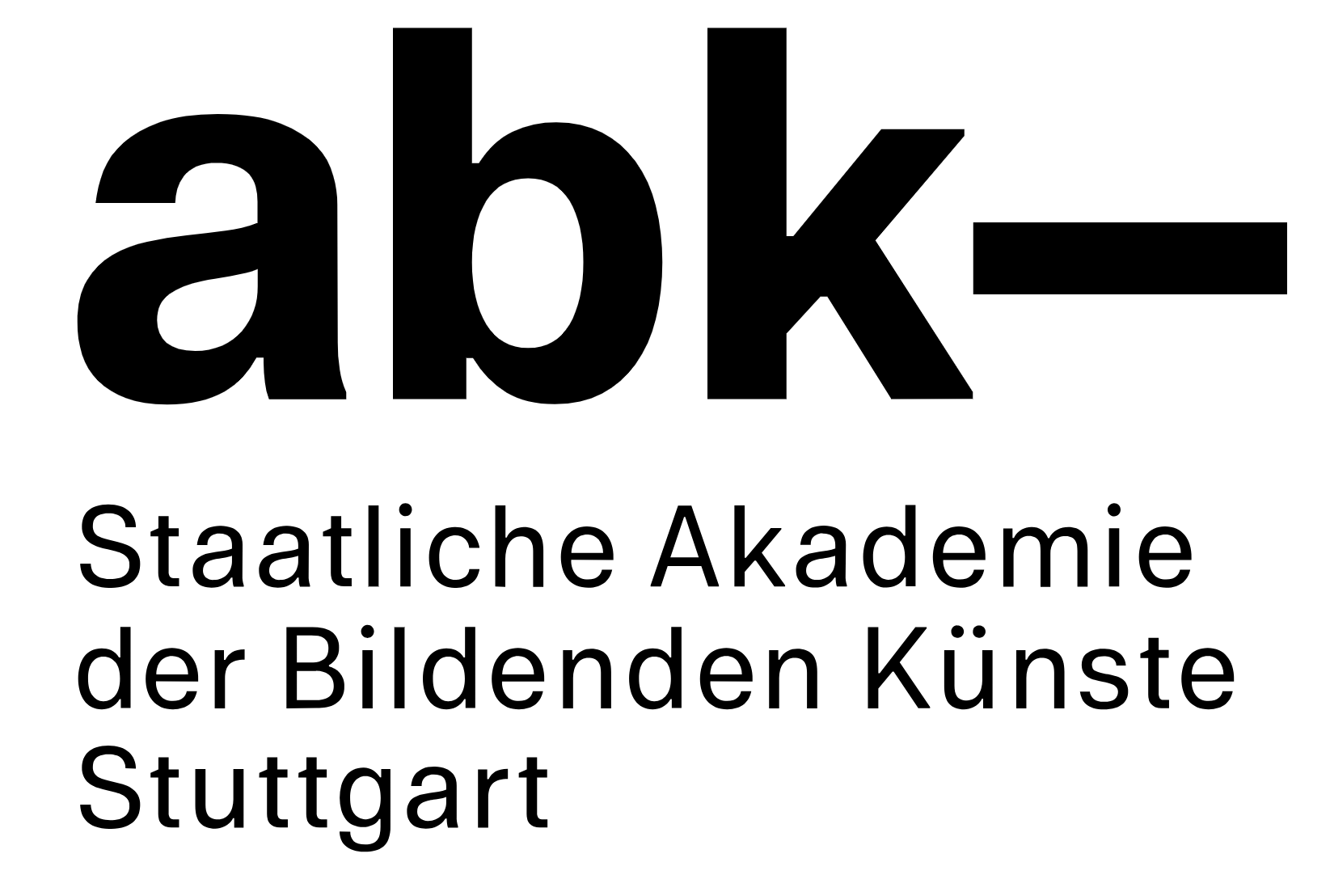


In the last Tuesday Workshop of the year, artist and stage designer Barbara Ehnes will use visual material and video recordings to report on her debut in the dual role of opera director and stage designer at Theater Luzern in 2023.
In her production of George Frideric Handel’s baroque opera, Ehnes creates a kaleidoscope of intertwining world views that are both real and magical.
The virtuoso play with gender roles – as well as the effective use of stage mechanics, which seems to turn the laws of physics upside down – on the one hand draws on baroque operatic traditions and on the other hand questions the present in terms of its utopias.
Science and imagination, technology and deception, interweaving and dissolution are recurring motifs that are reflected in the microcosm and macrocosm.
We look forward to an exciting exchange with Barbara Ehnes about her work at the interface of opera, stage design and visual arts.
Tuesday Workshop
The Künstlerhaus invites an artist or a collective—meaning any artists or cultural workers from any field or discipline—to talk about their working methods as well as their backgrounds and approaches. We want to establish a platform for a more in-depth interaction with regard to artistic practice, and in doing so to create a network, show solidarity, and mutually strengthen one other.
The series is aimed at all members of Künstlerhaus Stuttgart, artists either living in Stuttgart and the surrounding area or just traveling through, all cultural workers, art mediators, curators, etc., and is open to everyone!
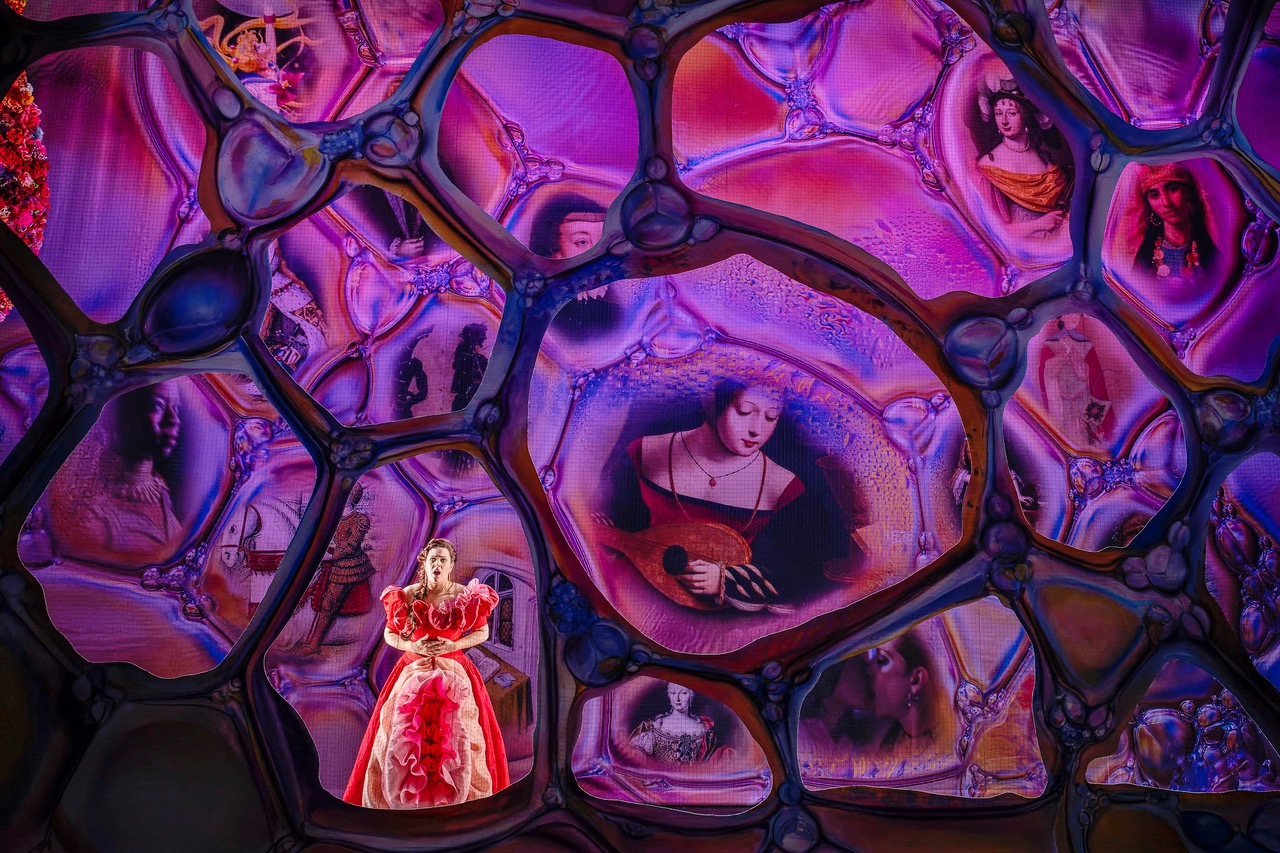
Concert installation evening
08.12.2023
Admission: 19:00
Start: 20:00
studio floor (3rd floor)
Find a comfortable position.
Immerse yourself in the music.
Let yourself drift.
The series “Coroa des flores” is inspired by flowers. The sound forms in this composition correspond to natural proportions and create an organic structure. Sound grows and develops. Everyday noises from machines, birds and voices overlap and intertwine. Dissolve.
Rosa beggeriana, Coroa des flores IV, 2018/2019
4 – Channel – Electroacoustic composition
Rosa stellata, Coroa des flores V 2019
4 – Channel – Electroacoustic composition
Rosa pendula Coroa des flores VI, 2019
2 – channel – electroacoustic composition
Rosa (world premiere), 2023
4 – Channel – Electroacoustic composition

Das abschließende Treffen der Gesprächsreihe „Kunstverein(e) der Zukunft“ findet am 4. Dezember um 19 Uhr im Böblinger Kunstverein statt. Vor einem Jahr war das Vierte Organ bereits beim Böblinger Kunstverein zu Gast und nun sollen gemeinsam die Entwicklungen und Ereignisse der letzten 12 Monate reflektiert und ein Blick in die Zukunft geworfen werden. Im Fokus wird der deutliche Umbruch stehen, den der Böblinger Kunstverein in dieser Zeit erlebt hat: Welchen Herausforderungen und Überraschungen sah man sich gegenüber, welche positiven wie negativen Erfahrungen wurden gemacht? Und vor allem: Mit welchen Ideen, Prozessen und Maßnahmen wappnet man sich für eine weiterhin erfolgreiche Arbeit als engagierter Kunstverein? Dabei werden auch die Perspektiven der anderen Kunstvereine beleuchtet. Eingeladen sind Oberwelt e.V., Kunstverein Neuhausen, Kunstraum34, Künstlerhaus Stuttgart und anorak.
Kunstverein Böblingen
Schloßberg 11, 71032 Böblingen
www.kunstvereinbb.de

On May 1, 2024, the Künstlerhaus Stuttgart will award up to seven studios for a period of twelve months as part of its studio program. Six of the workspaces are approx. 25 square meters each, one approx. 15 square meters. A large space is accessible for all recipients. Additionally, stipendiaries have free access to all workshops of Künstlerhaus Stuttgart. The studios are free of rent, but a membership at Künstlerhaus Stuttgart will be necessary.
It is possible to extend the studio grant through ap
plying for another year. This option can be used not more than twice, so a maximum period of three years is possible.
Künstlerhaus Stuttgart was founded in 1978 as an initiative of local artists. Since then it has developed into one of the most distinguished institutions for contemporary art nationally and internationally. In addition to the exhibition program and complementary series of lectures, screenings and discussions, Künstlerhaus Stuttgart hosts production workshops including audio-visual media, various printing techniques, ceramics, and a separate workshop for children.
Künstlerhaus invites applications from the fields of art, architecture, theory and design, that involve ideas and projects to which the specific infrastructure of Künstlerhaus Stuttgart can serve as a helpful context. Applications of groups and single applications are both welcome. Students are unfortunately not eligible to apply.
Application
Please include with your application the following documents:
– CV
– documentation of your artistic work, such as portfolio, catalogues (max. 2 books), images etc.
– a written description how you want to use your studio at Künstlerhaus Stuttgart
Please send us your application via email, please send one pdf file only, latest by January 31st 2024:
Contact Person: Romy Range
Email: info@kuenstlerhaus.de
Subject line: Studio application
The jury, which consists of members of the board, will meet in the beginning of March and all applicants will be informed about the decisions as soon as possible.
Please note that these are working studios and that the scholarship is not linked to remuneration or accommodation. International applications are generally accepted, provided that applicants make their own arrangements for a visa and accommodation.
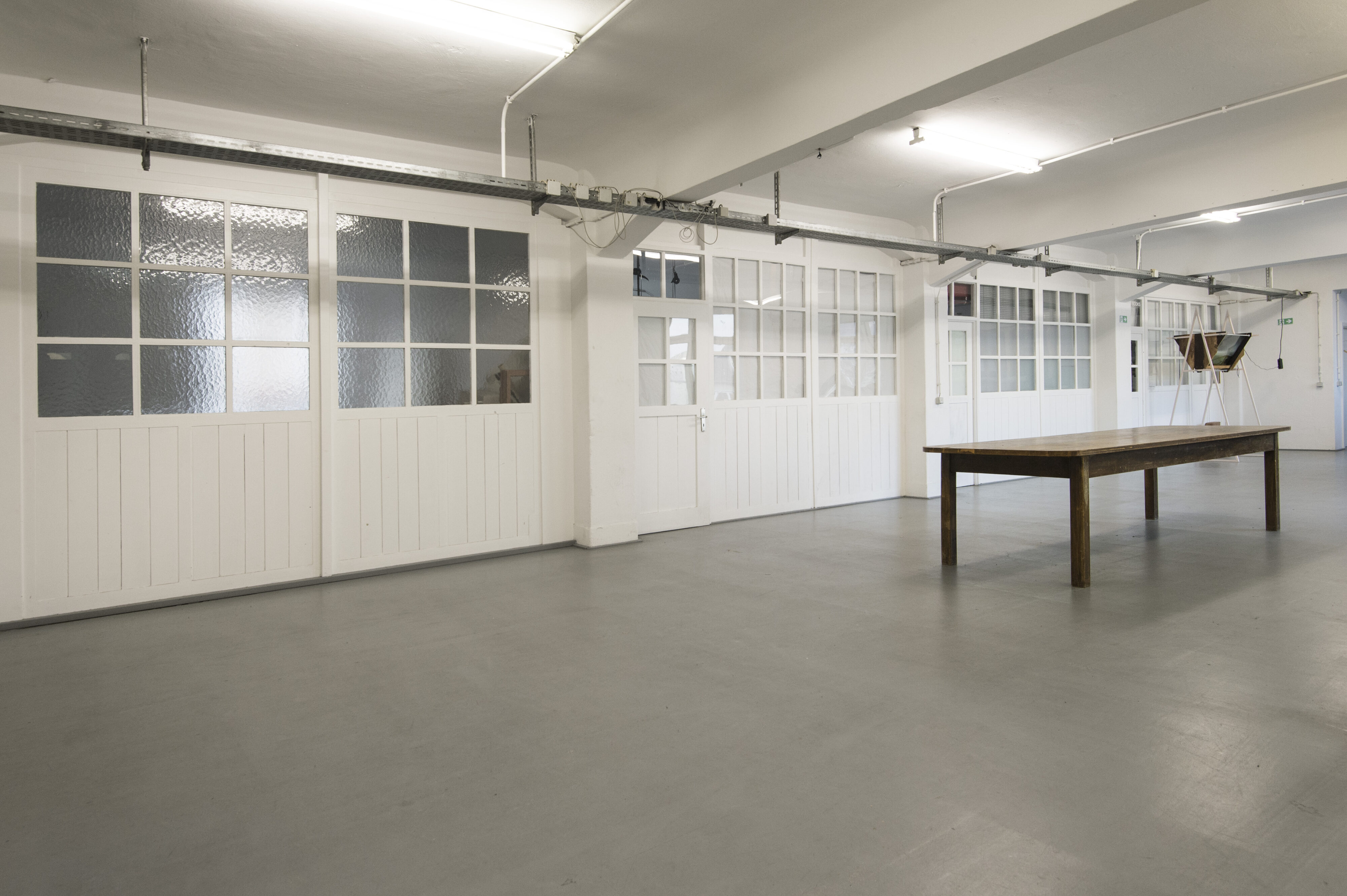
In the 27th Tuesday Workshop, Pablo Berman and Aleksej Nutz present their new film “One Day” at Künstlerhaus Stuttgart.
Conceived as docu-fiction, the short film shows a day in the life of Miguel, who loses himself in his disordered but passionate thoughts as he wanders through the city of Stuttgart, observing the dynamics of the city, the people in it and his own life.
What seems at first glance to be a gloomy sequence of thoughts is, for many, everyday life. Topics such as migration, integration, depression, relationships, love and retrospectives on one’s own life are summarised here in a monologue that uses the technique of the “stream of consciousness”.
Following the screening, we invite you to a discussion.
________
Tuesday Workshop
The Künstlerhaus invites an artist or a collective—meaning any artists or cultural workers from any field or discipline—to talk about their working methods as well as their backgrounds and approaches. We want to establish a platform for a more in-depth interaction with regard to artistic practice, and in doing so to create a network, show solidarity, and mutually strengthen one other.
The series is aimed at all members of Künstlerhaus Stuttgart, artists either living in Stuttgart and the surrounding area or just traveling through, all cultural workers, art mediators, curators, etc., and is open to everyone!
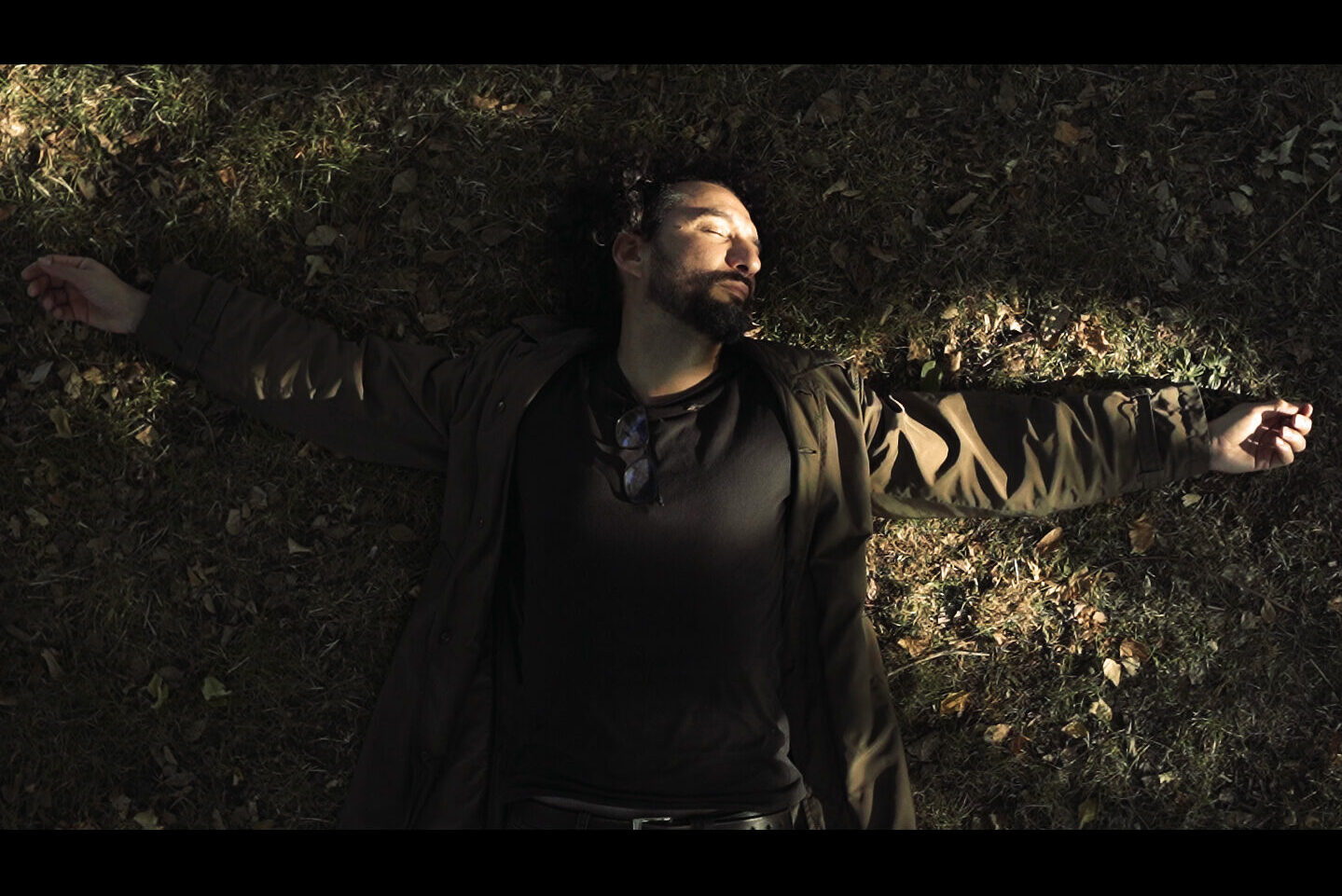
On November 04 the next Fourth Organ will take place, already at 4 pm. We welcome Daniel Neubacher (Board Künstlerhaus Bremen e. V.) and Nadja Quante (Künstlerische Leitung Künstlerhaus Bremen e. V.) to this meeting. They will report about the renaming process to KH Künstler:innenhaus Bremen e. V., which took several years, as well as about the way to get there and the changes that are coming up now.
We are looking forward to an exciting exchange of experiences and to new impulses for our own discussion of a renaming.

Since the late 1980s, Maria Eichhorn has achieved renown for works that critically analyze institutional structures and consequentially act on situational-specific conditions of social, legal, and economic authority. Eichhorn’s exhibition project, Reuchlinstraße 4 b, 70178 Stuttgart (2023—) is constituted by processes and actions that respond to the ongoing history of property relations specific to the building at Reuchlinstraße 4 b, which the City of Stuttgart has owned since 1936 and which the Künstlerhaus Stuttgart has rented since its founding in 1978. Through research of State archives and legal casework, this site-specific exhibition project revisits how the building’s acquisition was achieved by means of coercive foreclosure. In doing so, Eichhorn’s work challenges the City’s ownership rights over the property while laying bare crucial questions about continued use of the property by the Künstlerhaus Stuttgart.
Within the public space of the City of Stuttgart, a major component of Eichhorn’s exhibition project is a plaque affixed to the facade of the building at Reuchlinstraße 4 b. In addition to establishing legal protections and restrictions that complicate future ownership rights over the building, this plaque also presents an informational text—a damning report that weaves together a family biography with an interrelated history of banking practices, confiscatory laws, and discriminatory statecraft.
Reuchlinstraße 4 b, 70178 Stuttgart (2023—) is a project of the Rose Valland Institute, founded by Maria Eichhorn in 2017 on the occasion of documenta 14.
Please join us on Wednesday May 8th at 11am for the public unveiling of this plaque at the Künstlerhaus Stuttgart.
Anna Schiefer, deputy chairwoman of the Künstlerhaus Stuttgart board, Eric Golo Stone, former artistic director of the Künstlerhaus Stuttgart, and Marc Gegenfurtner, head of the Stuttgart Cultural Office, give introductory remarks on the exhibition. Adam Szymczyk, artistic director of documenta 14 talks about Rose Valland Institute.
The plaque text is reproduced within the exhibition pamphlet, here as follows: Exhibition pamphlet
Realized with public funding from the City of Stuttgart

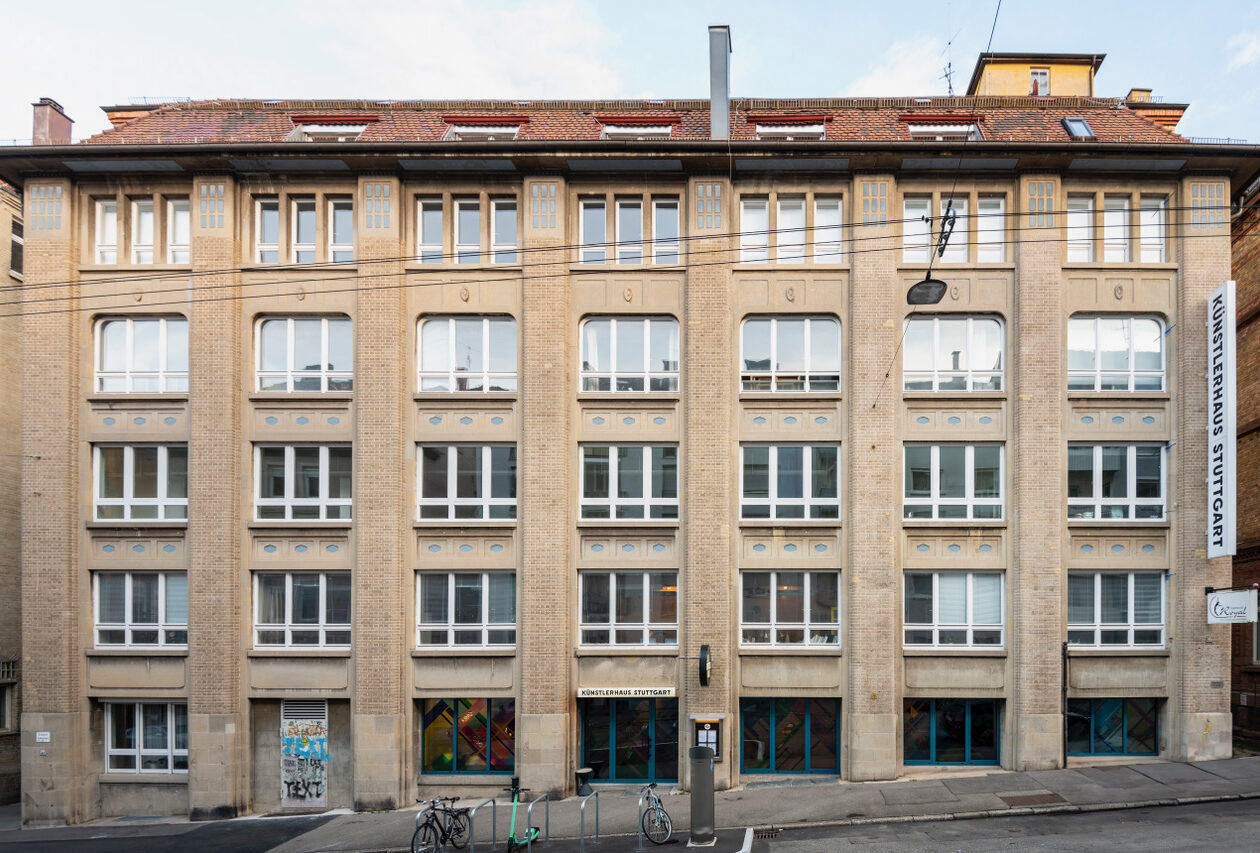
The second chapter of a series of exhibitions by studio fellow Lambert Mousseka.
Opening: Saturday October 21, 2023, 7 p.m.
on the 4th floor of the Künstlerhaus Stuttgart.
SAPE – Société des Artistes et de personnes Elégantes (Society for Artists* and Elegant Persons).
Sapologie is the philosophy and Sapologue is the practitioner.
In the universe there is an infinite variety of colors. Each color represents a vibration, a state of mind. Through painting and ceramics, Lambert Mousseka presents the philosophy of the sapeur, the search for perfection, his attitude and, moreover, the relationship with the body and colors. “Trilogy of finished and unfinished colors” is a strict rule for a sapeur.
An inspiration for artists* is to create harmonious color combinations and try to respect the sapological codes and philosophy. One should dress conspicuously, like a flower adorning itself and the garden.
Link to Kapitel 1: 243 – Ohne Maske
Lambert Mousseka (born in Katanga, Democratic Republic of the Congo) has been questioning the creation, origin, spirit and state of matter since his youth. These questions led to various studies and researches and still influence his artistic work today
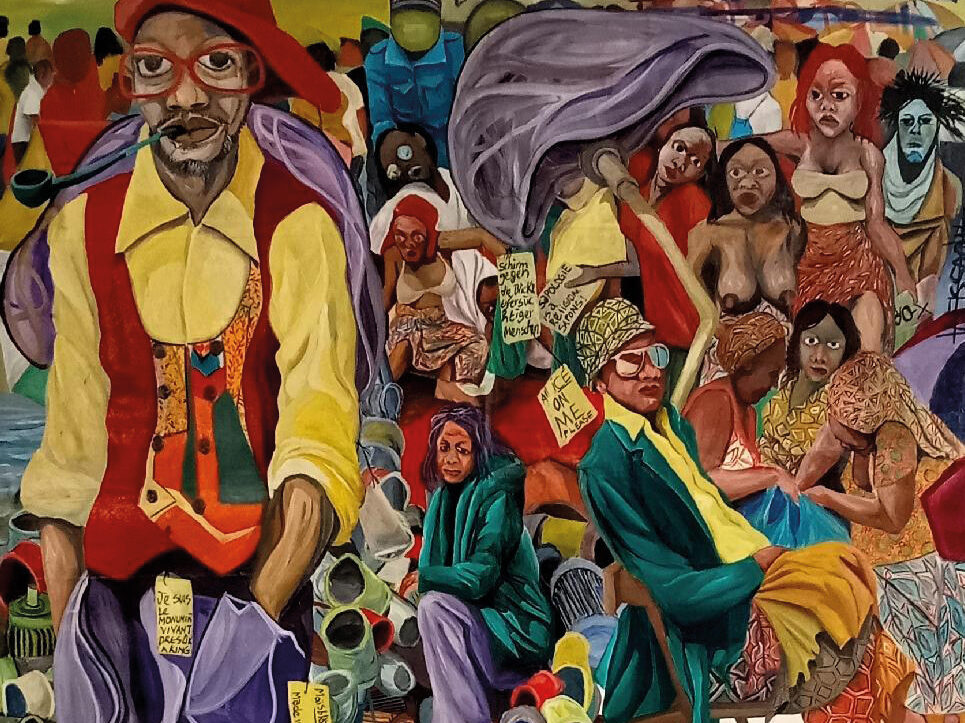
In the context of the exhibition »Sieh Dir die Menschen an! Das neusachliche Typenporträt in der Weimarer Zeit« at Kunstmuseum Stuttgart, »Arts of the Working Class« invites art and cultural workers to the “Art Workers’ Summit” online and at the Künstlerhaus Stuttgart on October 13 and 14, 2023.
During workshops with keynotes and panels we will discuss the challenges for art and culture workers: Who are the culture and art workers of today, What are they confronted with? What do they represent? How can art and cultural workers imagine spaces of representation that enable interdependent practices? How can institutions support and be part of self-organization in the cultural field?
The results of the exchange will become part of the upcoming issue of the Street Newspaper (Issue 29). The newspaper will be available to take away free of charge with the opening of the exhibition »Sieh Dir die Menschen an!« on December 2, 2023 at the Kunstmuseum Stuttgart.
To take part in the Art Workers’ Summit, please register at fuehrung@kunstmuseum-stuttgart.de. Participation is free of charge.
Fore more information direct here.
Friday, 13.10.2023, 14:30-18:00
Location: Online via Zoom, access code: Unions
14:30
Welcome by the cooperation partners Arts of the Working Class, Kunstmuseum Stuttgart, Kulturamt Stuttgart, Künstlerhaus Stuttgart
15:00
Opening (in German and English language)
What remains of the activists’ work, as exemplified by L’Union des Refusés, by the founders of Arts of the Working Class.
15:30-16:30
Keynote on the Solidarity Trinity (in English language)
Yin Aiwen will share the concept and theorization of The Solidarity Trinity, a research thread from her gamification-as-research project “The Alchemy of Commons” with educator and community activist Yiren ZHAO. The Solidarity Trinity suggests Labour, Relationship, and Space are integral to the making of solidarity in a collective environment. In the talk, Aiwen will share study examples in the cultural fields where the intended solidarity fails, offering analysis and action points to form resilient, diverse, and inclusive togetherness.
16:45 – 17:45
Keynote on the Organization of Art Workers within Museums (in English language)
Dana Kopel’s keynote is pushing against the common framing of art workers’ labor as not labor at all. The input takes a look at the organizing efforts that have taken place in museums and art institutions in the past years and insists on a critique of the role of art and the art world within racial capitalism.
Saturday, October 14, 2023, 14:00-19:30
Location: Künstlerhaus Stuttgart (Reuchlinstraße 4b, 70178 Stuttgart)
14:00-16:00
Workshop about the role of commissioners in cultural production (in German)
In his contribution, Alexander Koch talks about the New Commissioners [orig. die neuen Auftraggeber], a model that creates new relationships between artists, communities, and audiences. When local citizens’ initiatives – accompanied by mediators – commission artists with works that change something locally, the usual roles of all participants also change. Ecosystems are created for a community-oriented art that can succeed in many ways but also faces great challenges.
17:00-18:30
Participatory Conversation (in English)
How can our tears shed over politics lead to actual structural change? What concrete measures need to be taken, and how? The tedious writing of contracts is often swept under the carpet and leads to invisible work. But struggles that are to be impactful in the long term must find a written form. How can this work emerge from obscurity and improve labor conditions in the arts? Two organizations run by cultural workers meet an allied institution. Zoë Claire Miller is an artist and one of the two spokespersons of the Artists Association Berufsverband Bildender künstler*innen Berlin, which has a long and turbulent history. Art Workers Italia, an autonomous and non-partisan association, was established recently and is represented for the occasion by artist Alice Pedroletti. Eric Golo Stone introduces an institutional perspective and the specific situation of the Künstlerhaus Stuttgart. Among other shapes of exchange, the fundamental meaning of contract-making and policy work will take the form of an incantation as guided meditation.
19:00
Get together: Drinks and soup
Participative Performance by Dina El Kaisy Friemuth as collective Check-out
With the support of and in collaboration with Kunstmuseum Stuttgart, Künstlerhaus Stuttgart, Stadt Stuttgart, and Staatliche Kunsthalle Baden-Baden.



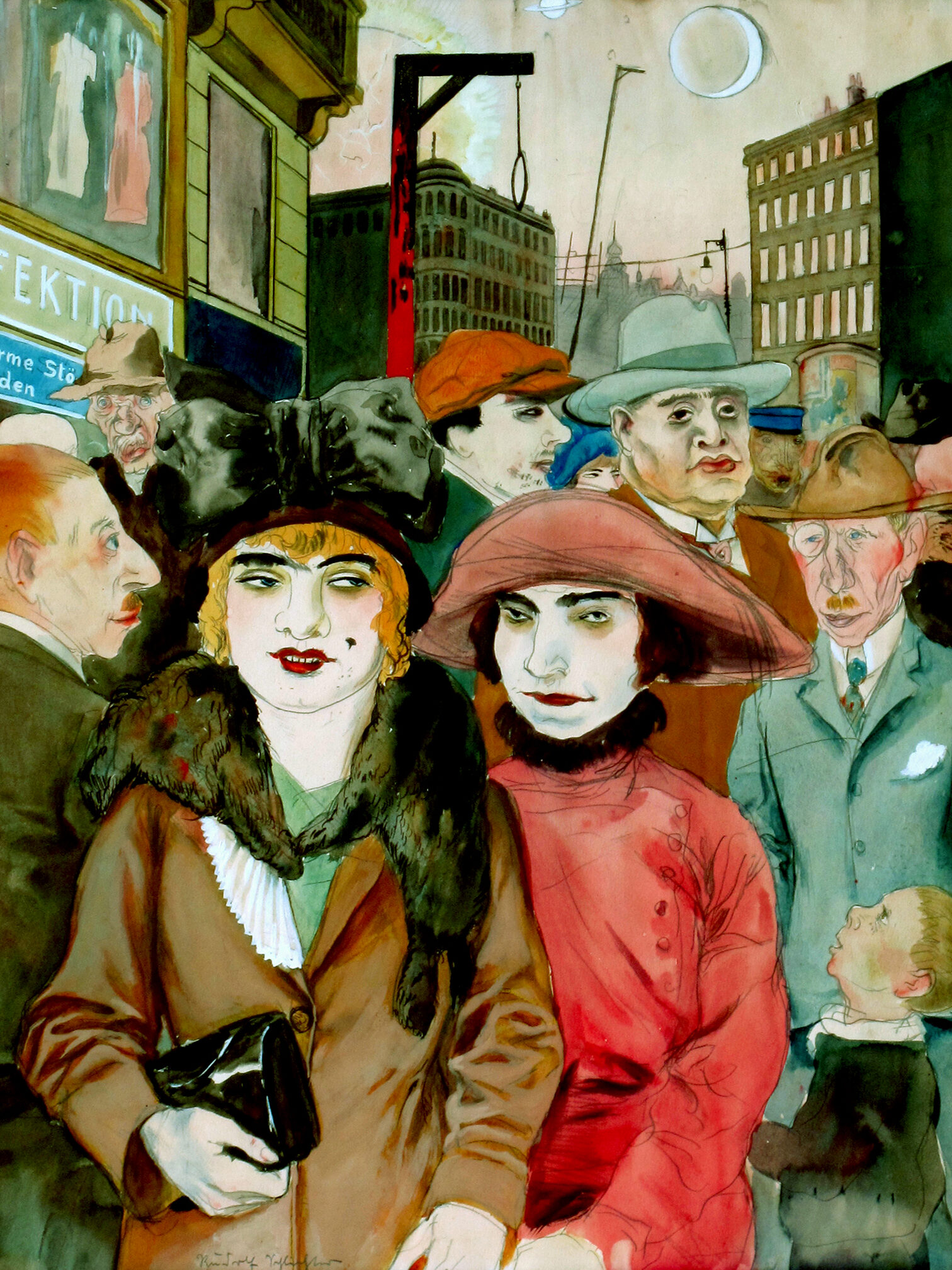
Living together, producing together, learning from each other – these are not only the cornerstones of the Künstlerhaus, they also form the core of the idea of OPEN SCHOOL Cannstatt.
We have invited the artists Valentin Hennig, Yara Richter, Lilith Becker & Liv Rahel Schwenk to work together in tandem with Bad Cannstatt’s tradespeople, associations, craftspeople, institutions or citizens and to develop a public offer.
This free offer ranges from performative walks to film art workshops. The aim is to enter into an exchange, build relationships, work together and learn from each other.
Künstlerhaus Stuttgart presents OPEN SCHOOL Cannstatt, which takes place as part of the festival CURRENT – KUNST UND URBANER RAUM.
The “classroom”, where information about the programme will be provided for the duration of OPEN SCHOOL Cannstatt, is located in the former Schwabenbräu-Passage in Bad Cannstatt.
Programme
Liv Rahel Schwenk and Lilith Becker “Wassergosch – Performing the Fountains”
19 September 2023, 10 am to 2:30 pm -Workshop
20 September 2023, 10 am to 2:30 pm – Workshop
Participants: max. 10 persons
Please register at info@kuenstlerhaus.de by 18.09.2023.
Meeting place: Kellerbrunnen, Brunnenstr. 19, 70372 Stuttgart, Germany
The workshop “Wassergosch – Performing the Fountains” will lead us along Bad Cannstatt’s drinking fountains which carry water from the area’s mineral springs. We will approach these fountains, their properties, and histories with a performance mindset. This means that over the course of the two days, we will experiment with strategies of “input” and “output”.
Collecting impressions and material in the form of audio recordings, water samples, drawings, words, sounds, and movement will expand our understanding of the fountains. The process of collecting will be complemented by encounters with people who live or work in Bad Cannstatt and share their knowledge with us. A native Bad Cannstatt tour guide will tell us about a myth surrounding one of the old town’s fountains, we will learn about the chemical composition of the water and the maintenance of the fountains, and if we’re lucky, a local Yoga teacher will guide us through a water meditation.
In a second step, we will transform the collected material and impressions into micro-performances which we will perform for each other. The participants will be led in simple structured prompts which will help organize the material and encourage experimentation.
The workshop is a space to safely explore performance whether it’s part of your practice or you’re completely new to it. Everyone is welcome.
Bring pen and paper and any other note taking device you like using, comfortable clothes, a water bottle, and anything else you’d like to bring.
Yara Richter „black noise x Bad Cannstatt – Community Walk für Schwarze Menschen“
Wednesday, 20 September 2023, 5 p.m. – Safer Space, office of the Black Community Foundation in the former Schwabenbräu-Passage, Bad Cannstatt.
Participants: max. 12 persons, prerequisite: Black/African German identity.
Please register at info@kuenstlerhaus.de
Thursday, 21 September 2023, during the day – open editing in the sound studio, Künstlerhaus Stuttgart, public, open to all
Thursday, 21 September 2023, 7:30 p.m. – audio screening followed by a discussion, Schwabenbräu-Passage Bad Cannstatt, public, open to all
This Safer Space event is aimed at Black and Afro-German people.
Together with the participants, Yara Richter will discuss and explore with creative methods what being Black in public space has to do with noise and silence. They will first meet in a closed room where the artist Yara Richter will give an interactive input on creative writing and working with sound. Afterwards, the group will walk through Bad Cannstatt together and make a sound recording in the meantime. In conversation, they want to learn from each other how to appropriate public spaces. They ask themselves questions like: How do you find a sense of security in public spaces? Which public spaces do people seek out/avoid and why? How does being black in public space influence the way you do self and community care? The participants themselves decide which texts, sounds, words and moments of noise or silence they want to include in the recording. The sound recording will be available to all participants for further use after the event.
The following day, Yara Richter will edit the recording into a podcast, and participants are welcome to join. In the evening, there will be a screening of the podcast with an open discussion, to which the public and all participants are welcome.
(Awareness persons will be present).
Valentin Hennig „business as usual”
Friday, 22 September 2023, 7 p.m. – Screening, former Schwabenbräu Passage, Bad Cannstatt
In his OPEN SCHOOL “business as ususal”, Valentin Hennig will work together with the millinery store H + M Schmid-Rupp, the Asian snack bar Chan’s Kitchen and the Greek hairdressing salon-café Haarstudio Exis, which as meeting points and hubs reflect the social life and cultural diversity of Bad Cannstatt. The aim is to develop and realise a joint film that aims at a different communication than that of goods or services: It is about the location’s own history, social and cultural significance and enabling the clientele of this place to live their own identity publicly.
In the process, Valentin Hennig will learn what it means to run a “business”, to produce and distribute goods and to build a strong bond with the customer. In return, the filmmaker will impart his practical knowledge to his partners to learn about all areas of visual and especially cinematic design and to independently create images and moving pictures.
Afterwards, they will invite all partners to a public screening so that a cross-cultural dialogue between the partners can take place in Bad-Cannstatt. The resulting works will also be presented at the respective places of origin.
About the artists
Lilith Becker makes sculpture, installation, video and performance art. As a musician, she plays solo as well as in various band and theatre projects. After graduating from the Berufskolleg für Design Schmuck und Gerät, Pforzheim in 2009, she studied fine arts at the Staatliche Akademie der Bildenden Künste, Stuttgart. In 2018, she was awarded the master student title of the Weißenhof Programme. Her manual on spontaneous self-ignition is published by Verlag für Handbücher in 2019. The music video “Oh Ewigkeit” (directed by Martina Wegener) with music by Nero Feuerherdt aka Lilith Becker was awarded the Buggles Award in 2023.
Valentin Hennig is a visual artist and filmmaker. In addition to his freelance artistic work, he leads workshops at the Staatsgalerie Stuttgart, the Kunstmuseum Stuttgart, the Künstlerhaus Stuttgart and for the LKJ Baden-Württemberg.
Since the winter semester of 2022, he has been a lecturer for video art and experimental film at the State Academy of Fine Arts Stuttgart, where he studied art education with Prof.in Silvia Bächli and Prof.in Corinne Wasmuth from 2007 to 2013. In 2010, he spent a semester as a guest student at the HfbK Dresden with Prof. Hans-Peter Adamski. He then completed the postgraduate course “Intermedial Design” with Prof. Wolfgang Mayer and Prof. Christina Gomez-Barrio (Discoteca Flaming Star) at the Staatliche Akademie der Bildenden Künste Stuttgart in 2014. In 2016, he was awarded the title of master student of the Weißenhof Programme at the ABK Stuttgart. He lives and works in Stuttgart.
Yara Richter moves between art, activism, art education and motherhood. From an Afro-German, intersectional ecofeminist perspective, she is currently exploring black noise as a framework to imagine and create decolonised art and cultural practices. In 2023, Yara Richter completed her Master’s degree in “Body, Theory and Poetics of the Performative” at the State Academy of Fine Arts Stuttgart with “black noise”. In the years before, she showed, among others, the collaborative durational performance “seep” (2022 with Toni Böckle, part of the group exhibition Conditions of a Necessity at the Staatliche Kunsthalle Baden-Baden) and “MFA (Master of Filthy Arts)” (2021, part of the TURN AROUND Rundgang group exhibition at the Württembergischer Kunstverein Stuttgart). She lives and works in Stuttgart.
Liv Rahel Schwenk is a German-American artist working with performance, video, drawing and choreographic methods. She studied at Bard College Berlin and at the Kunstakademie Düsseldorf, where she graduated with a Meisterschüler-Brief in 2012. In 2014, she went to New York on a DAAD scholarship to deepen her interest in dance and choreography in conjunction with her algorithmic drawings. Most recently she has shown projects at Simultanhalle in Cologne and mhProject and Putty’s Coronation in New York. This year she is working with the collective “Unpleasant Affairs” on a performance as part of the Spielart Festival in Munich. She lives and works in Stuttgart and NYC.
Locations:
Former Schwabenbräu-Passage, Bahnhofstraße 14-18, 70372 Stuttgart
Kellerbrunnen, Brunnenstraße 19, 70372 Stuttgart
Künstlerhaus Stuttgart, Reuchlinstraße 4b, 70178 Stuttgart
In cooperation with the CURRENT – KUNST UND URBANER RAUM festival.
Realised thanks to the generous support of the Wüstenrot Foundation.


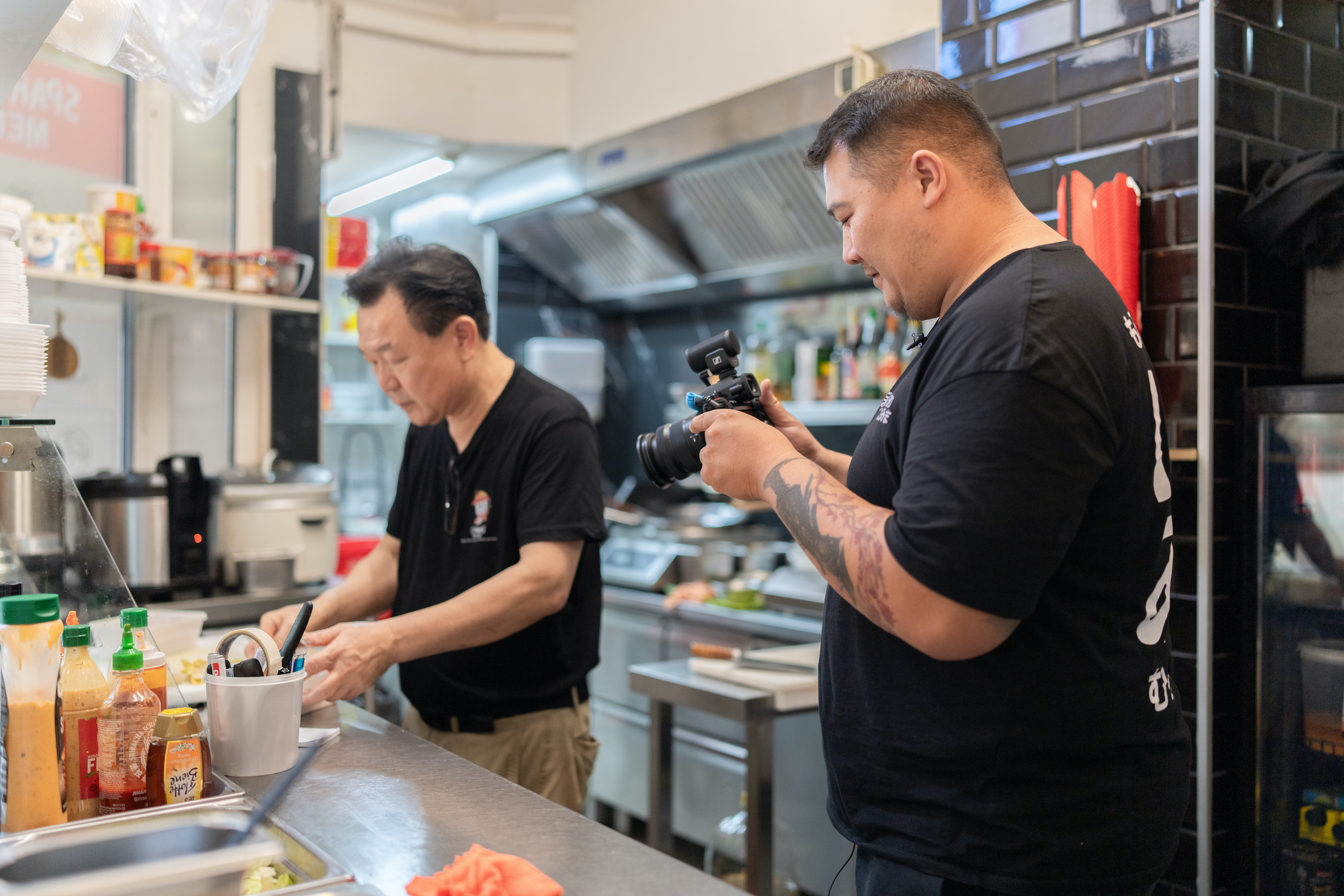
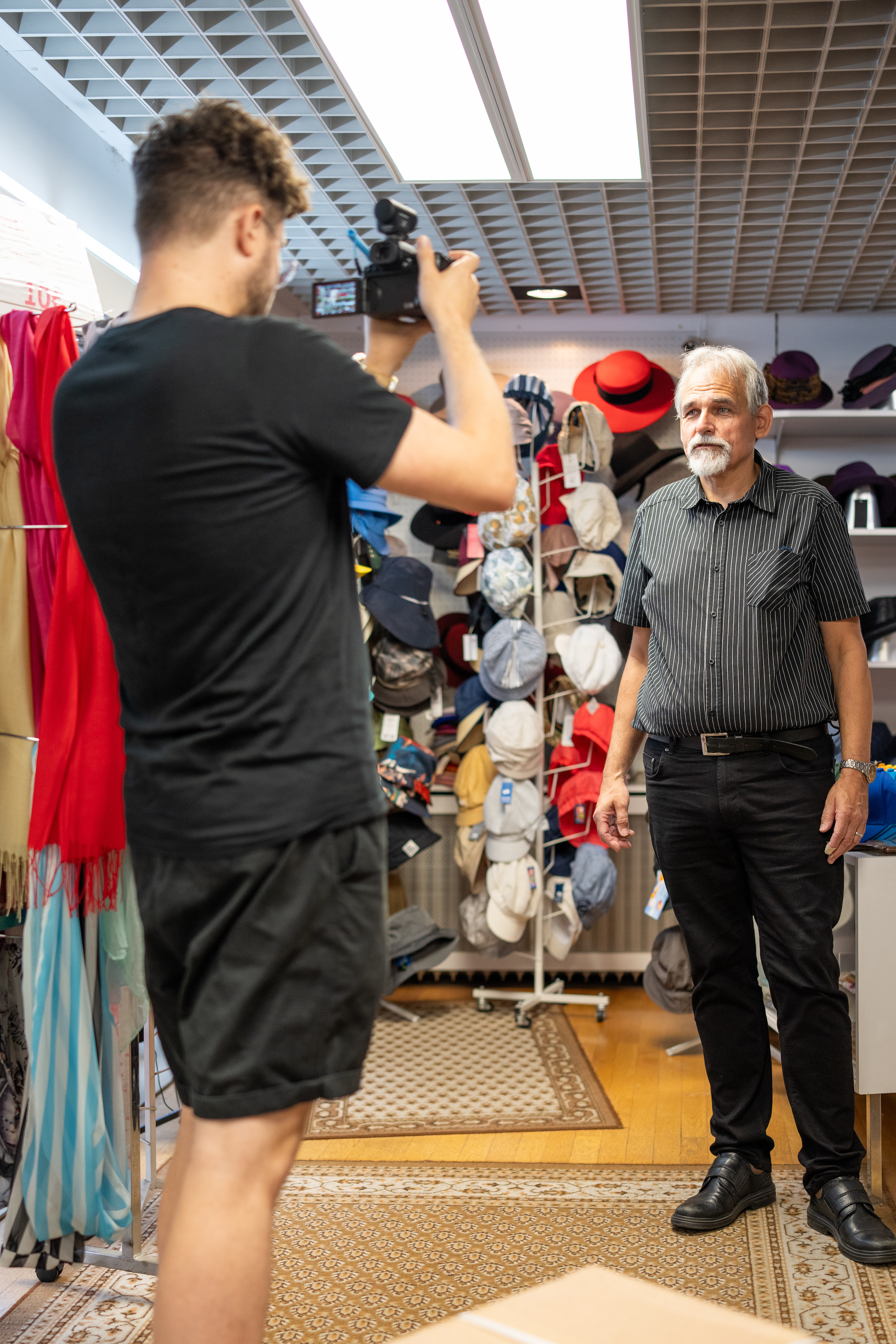
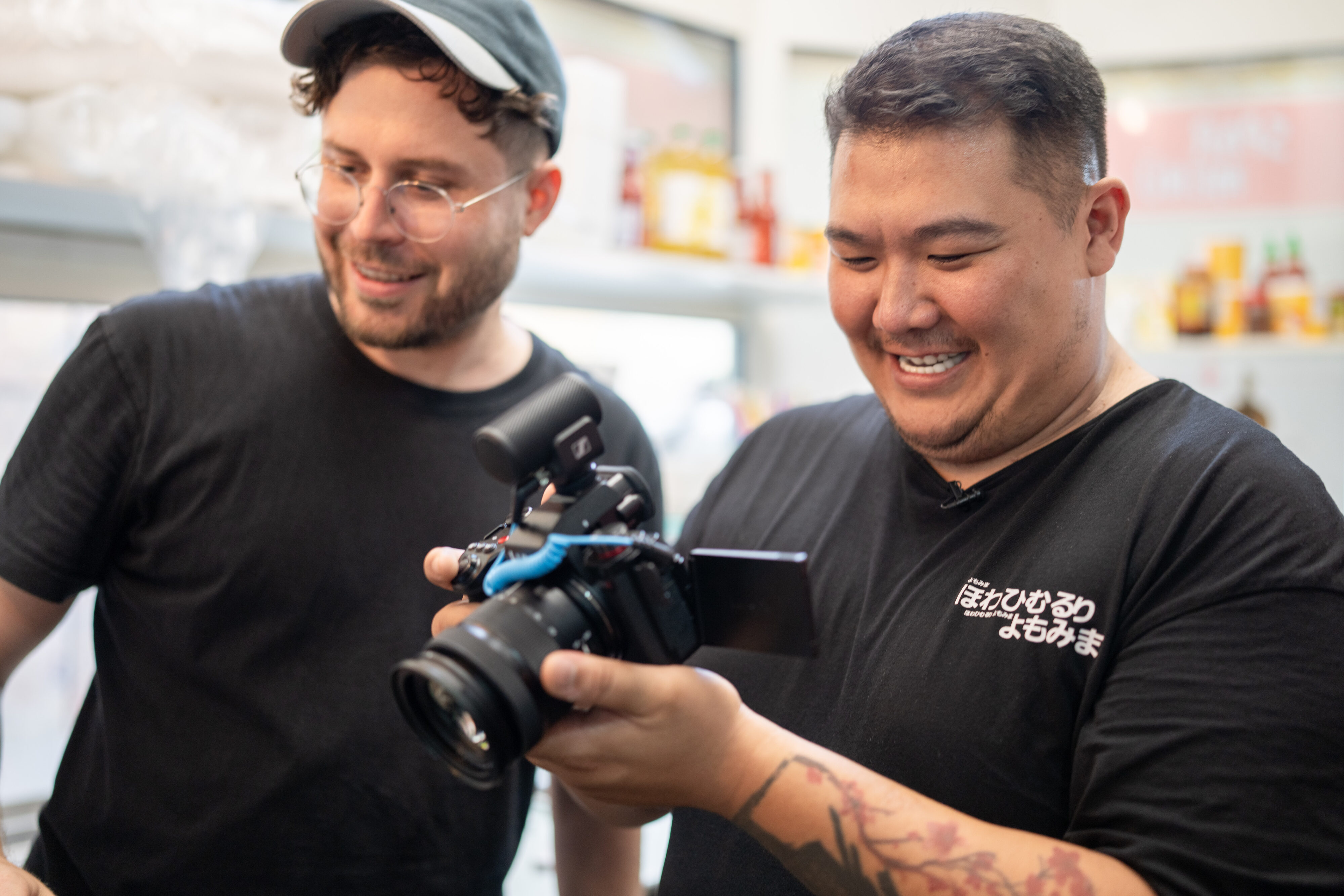
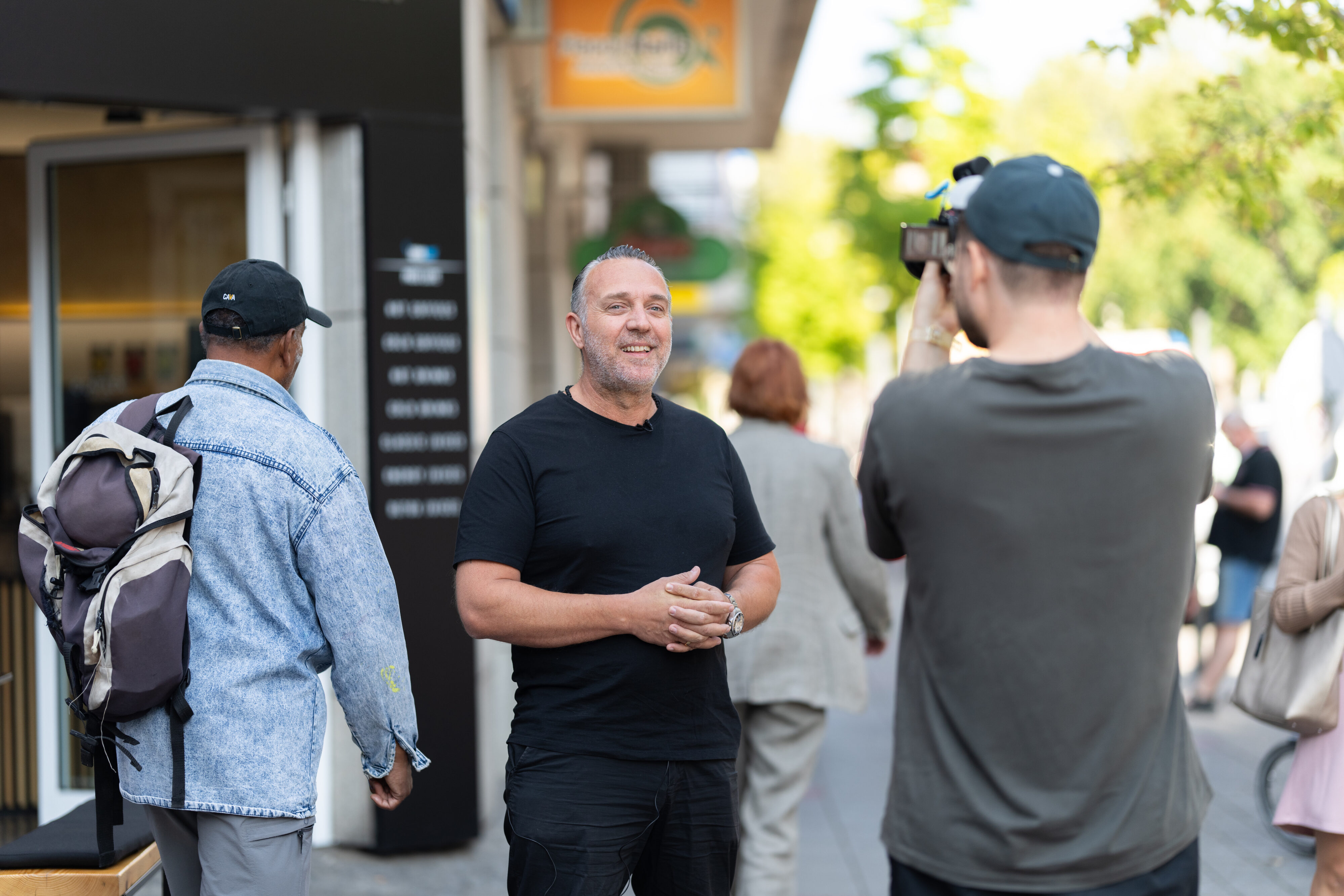
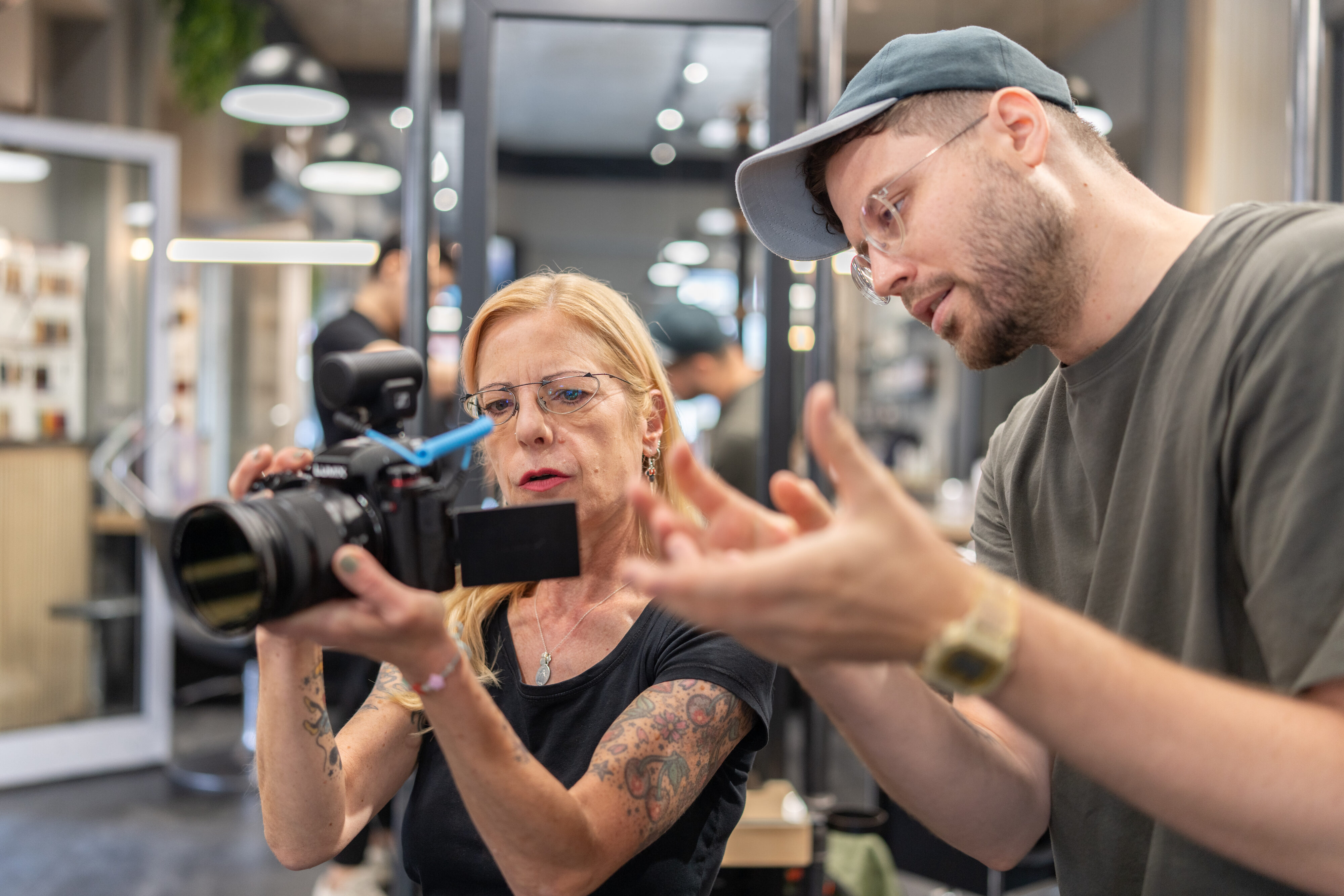
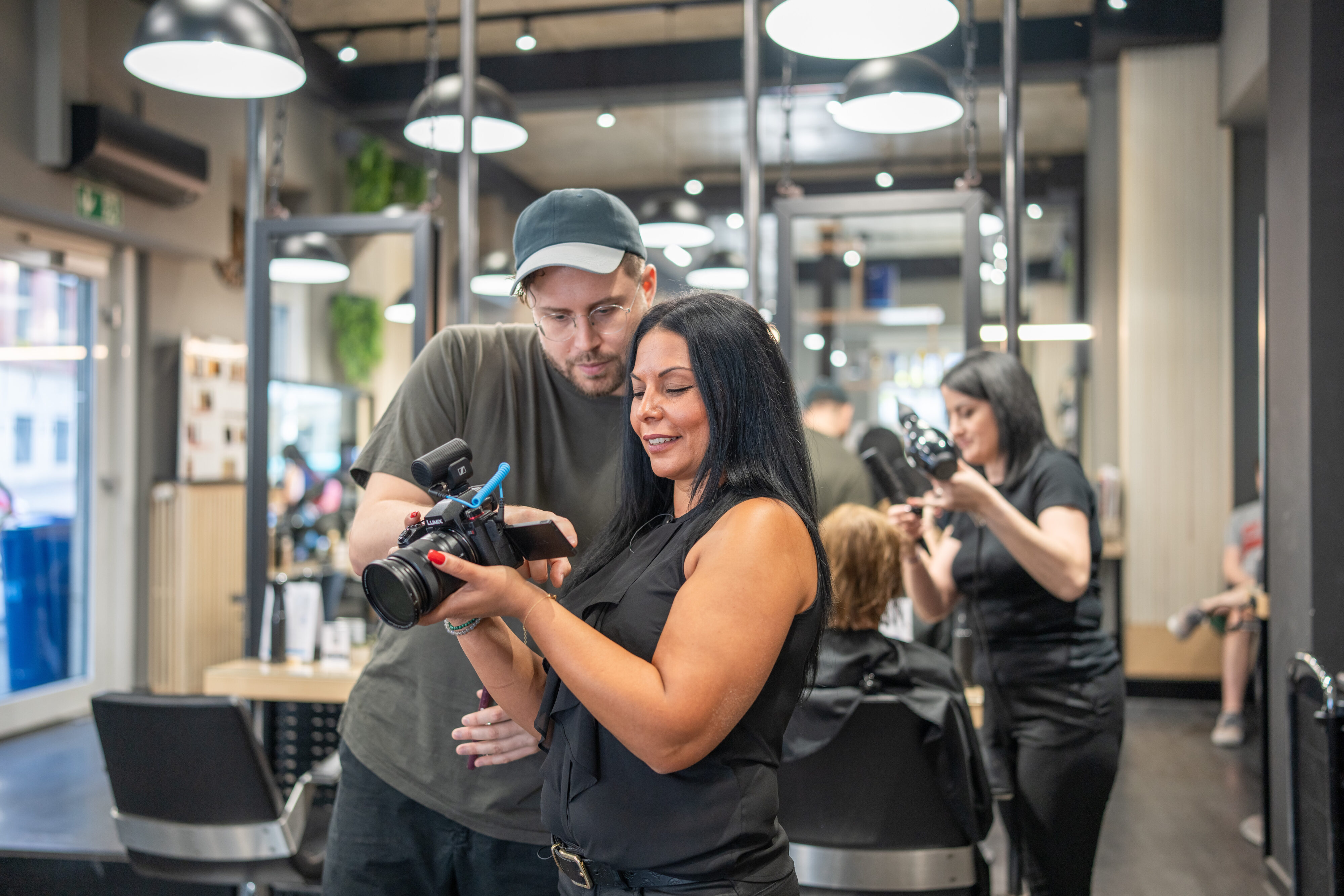
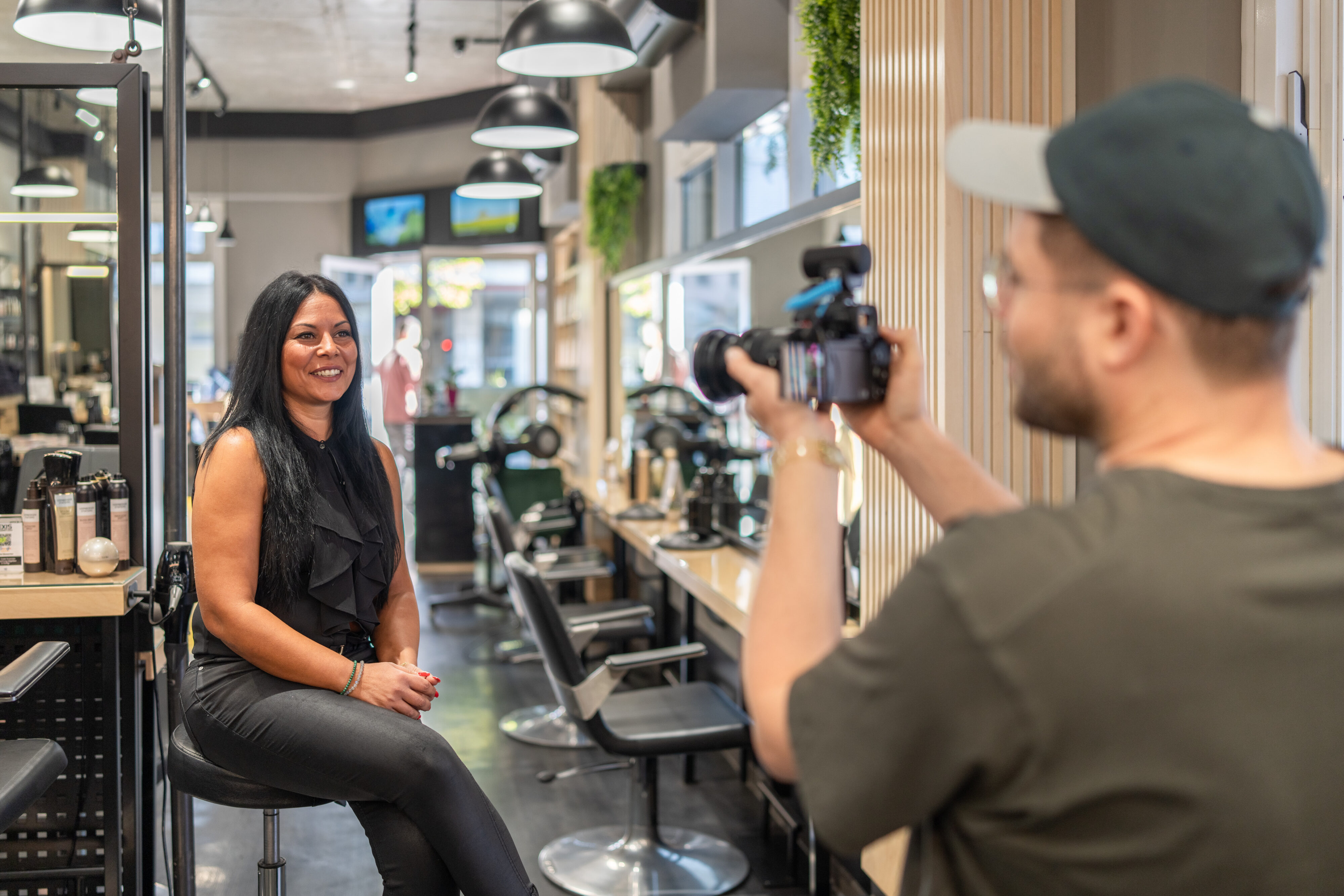
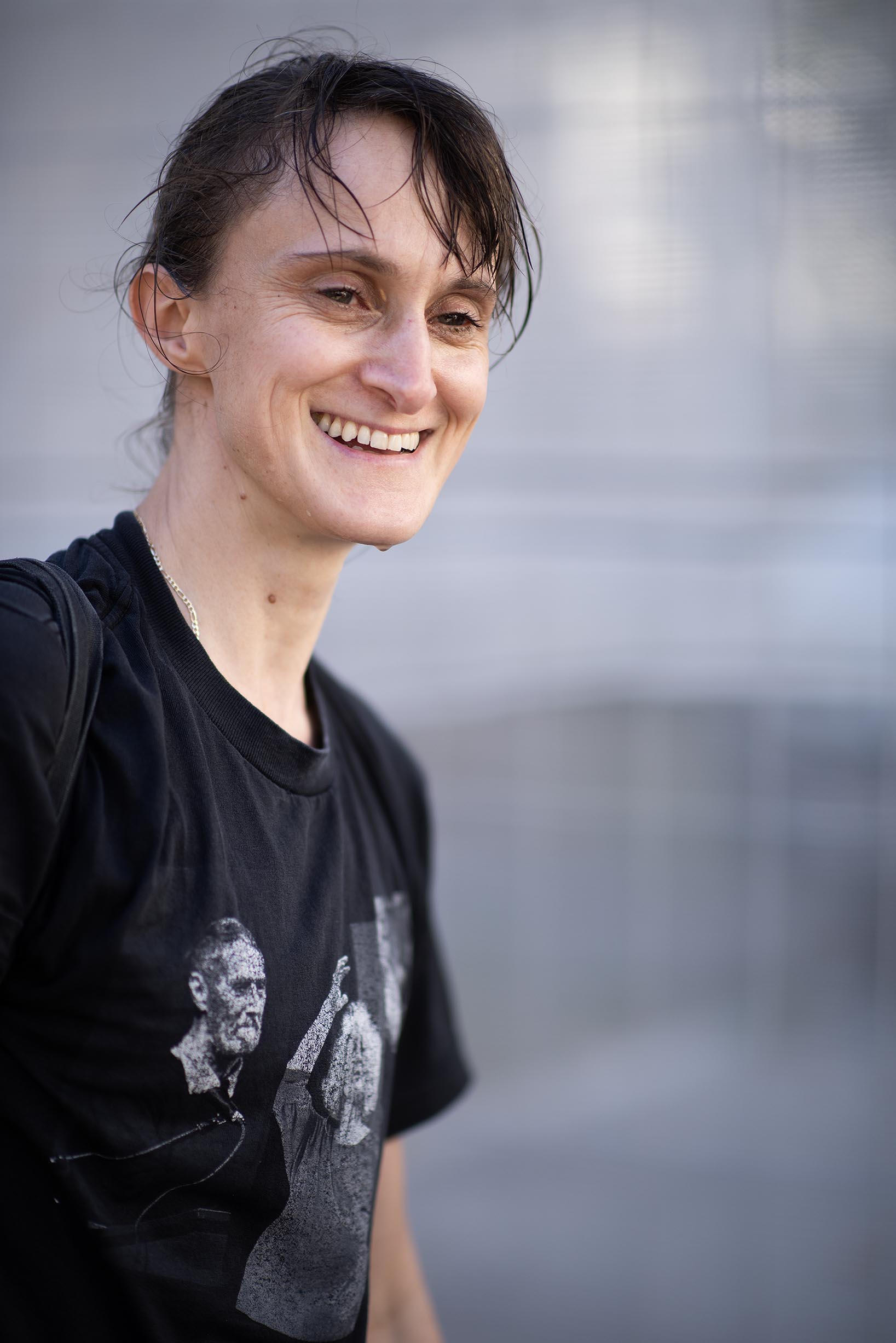


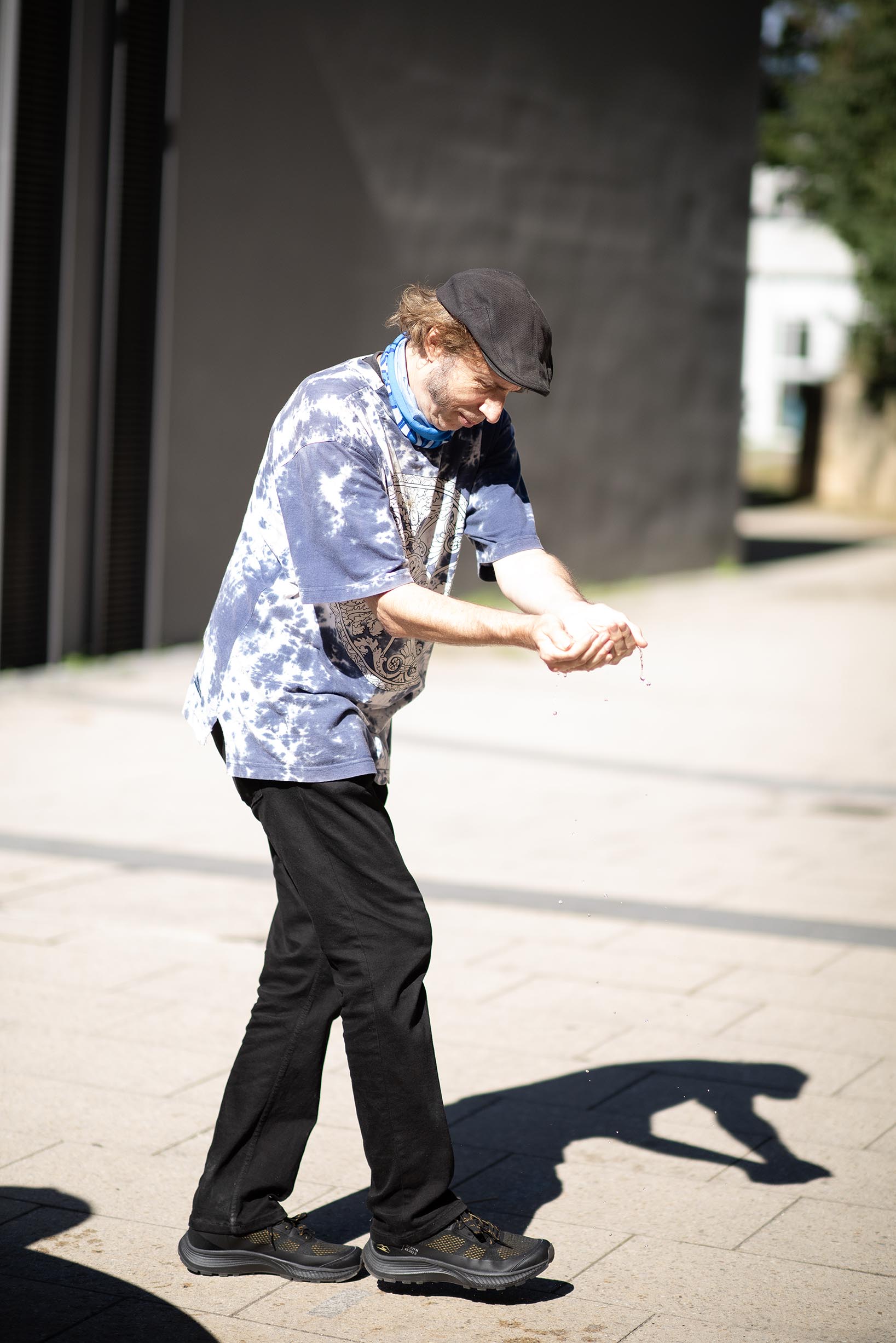
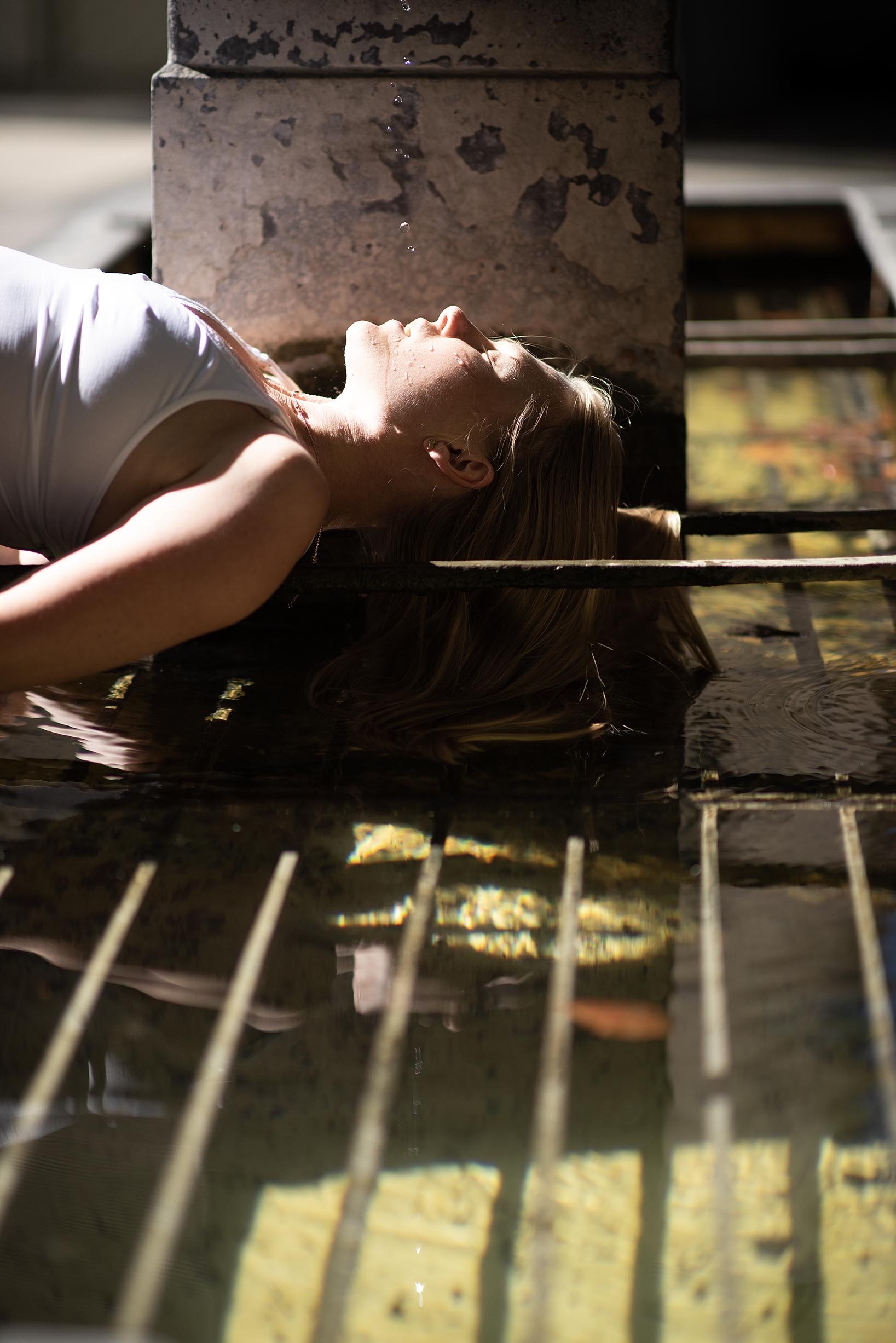
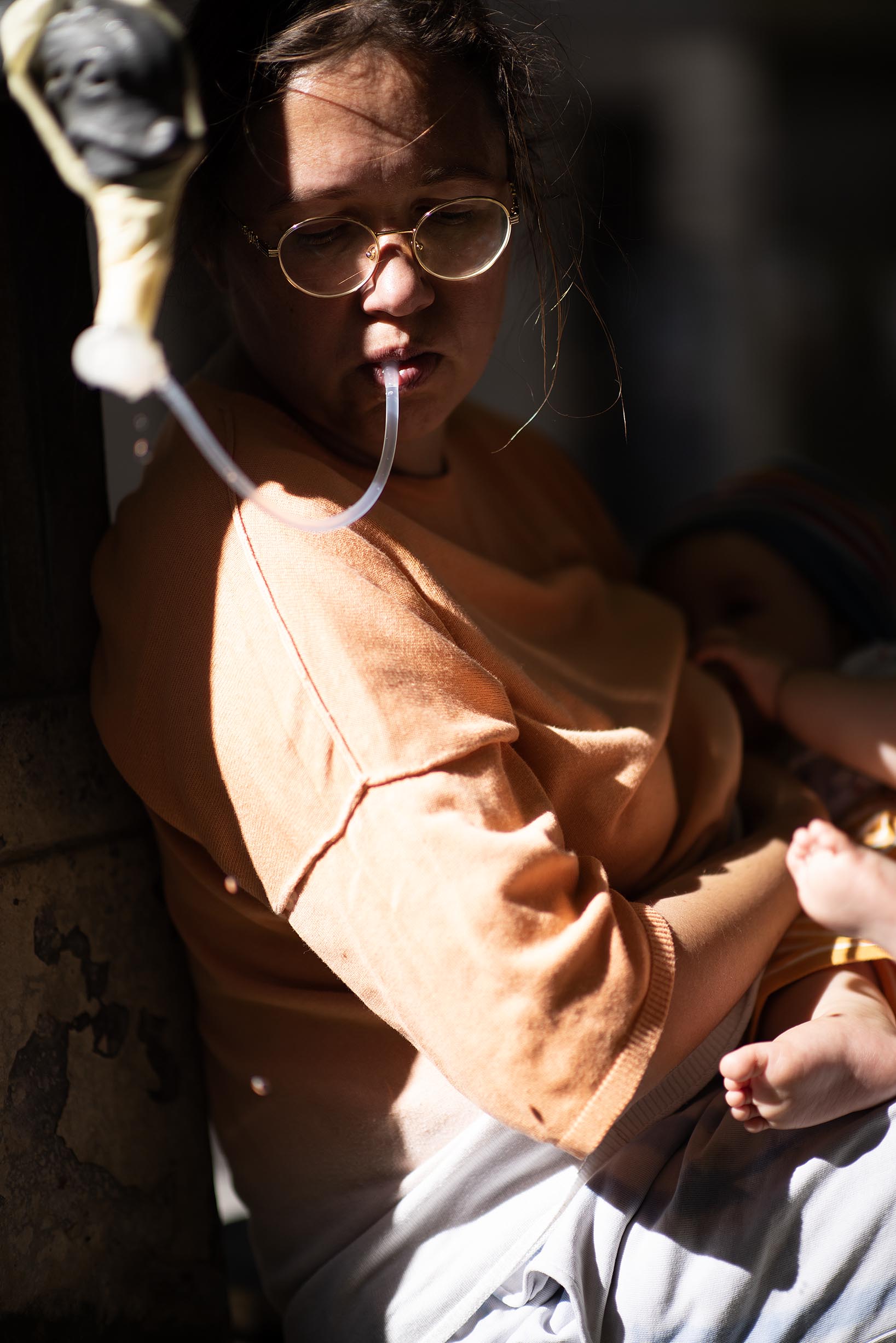
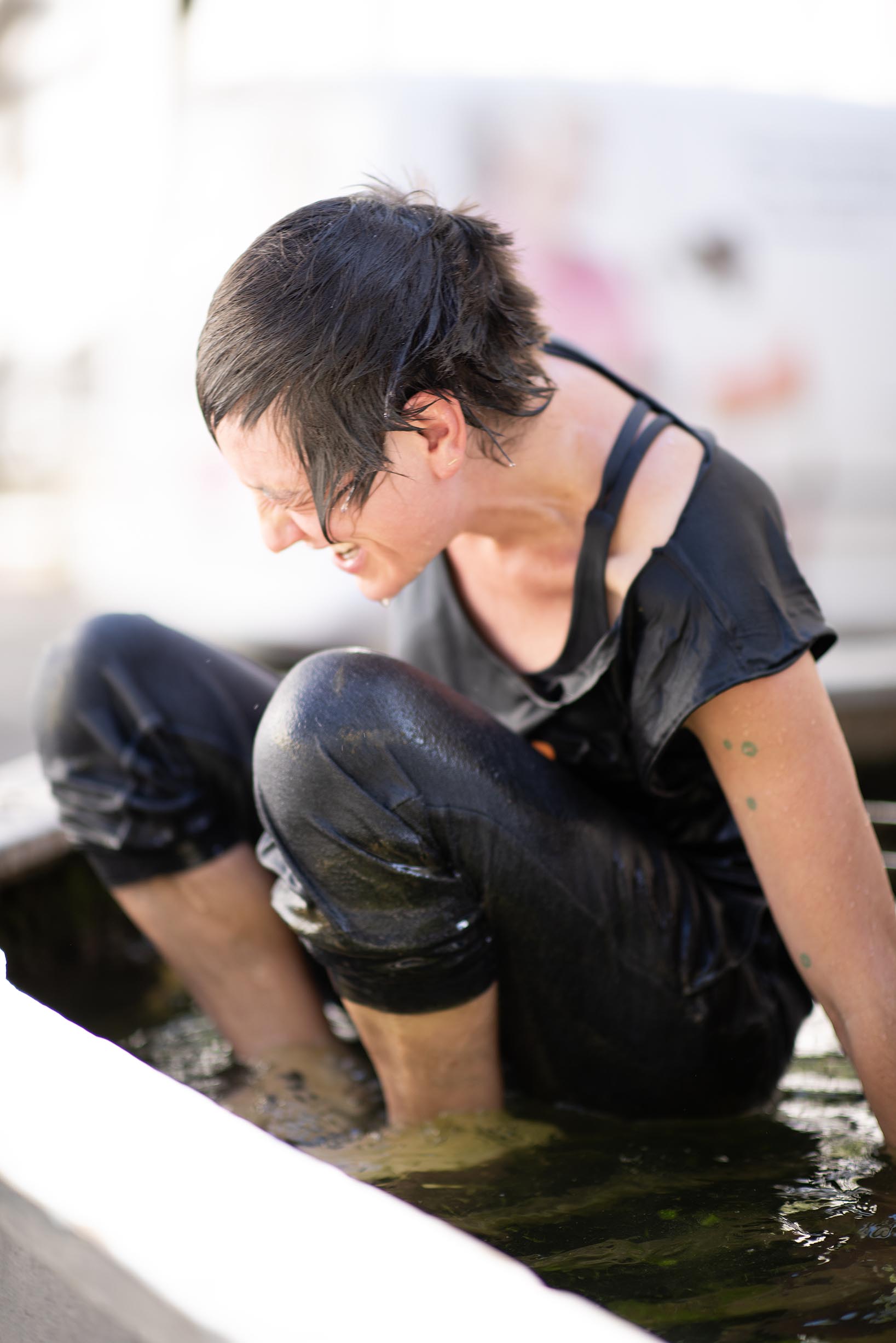
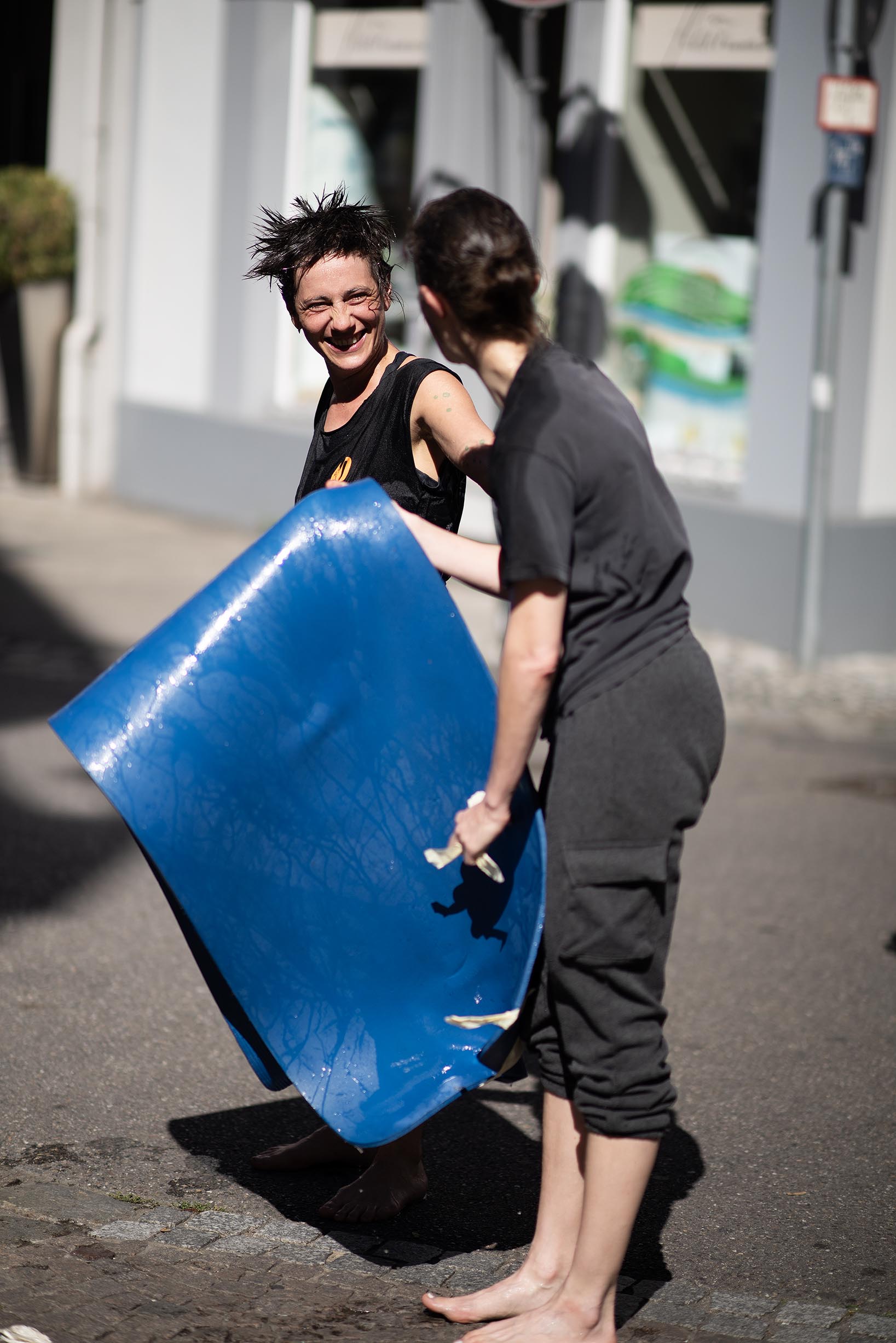
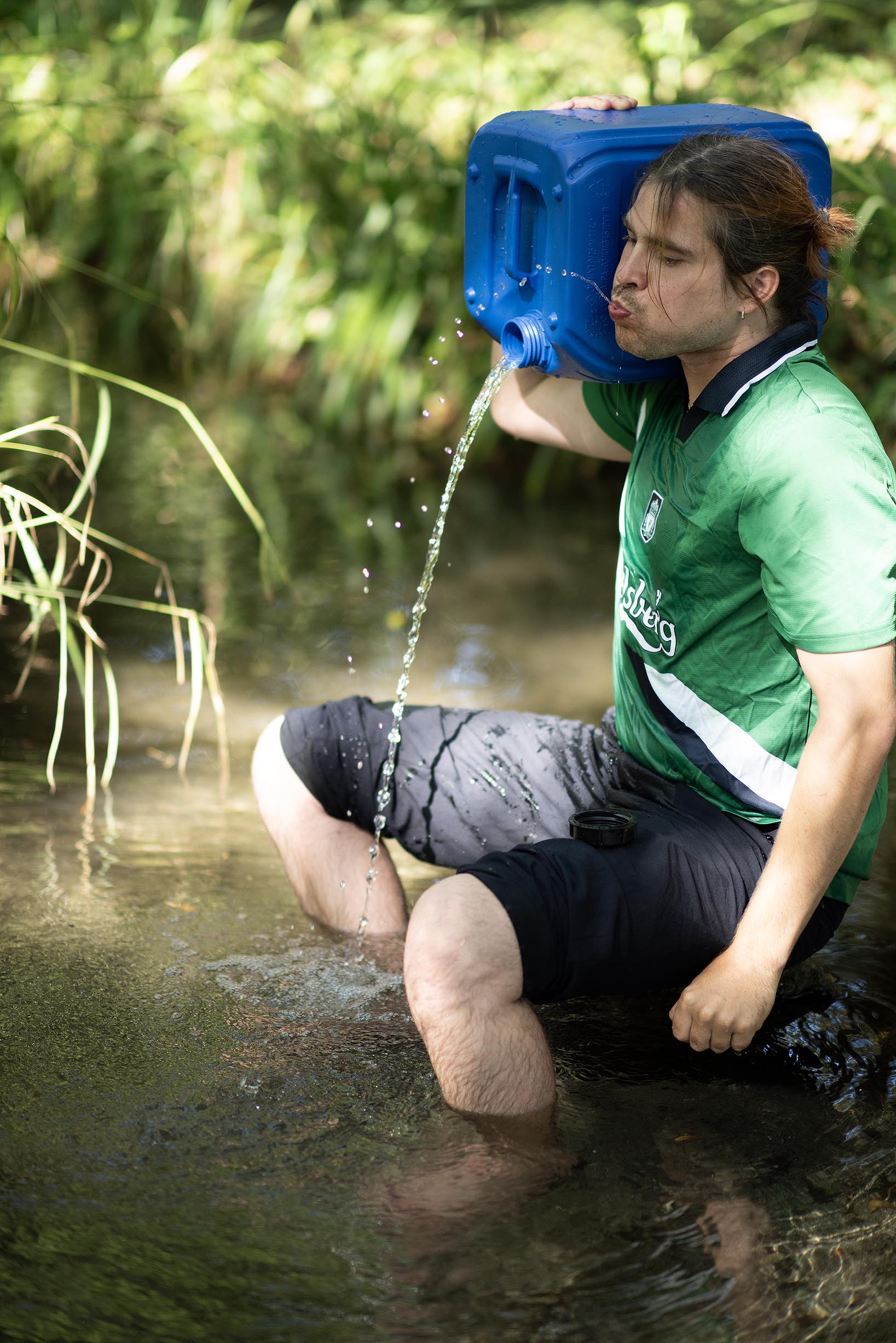
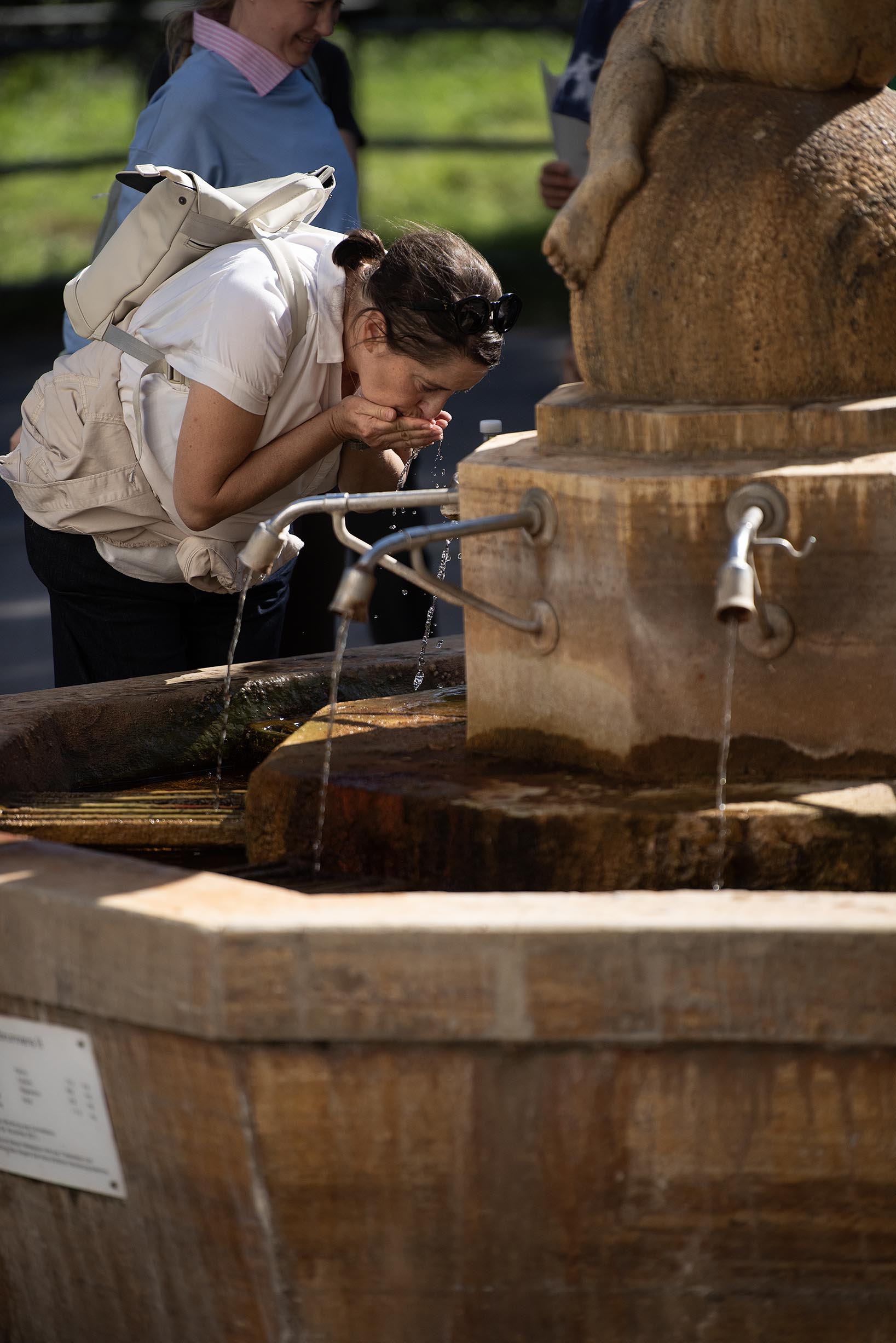

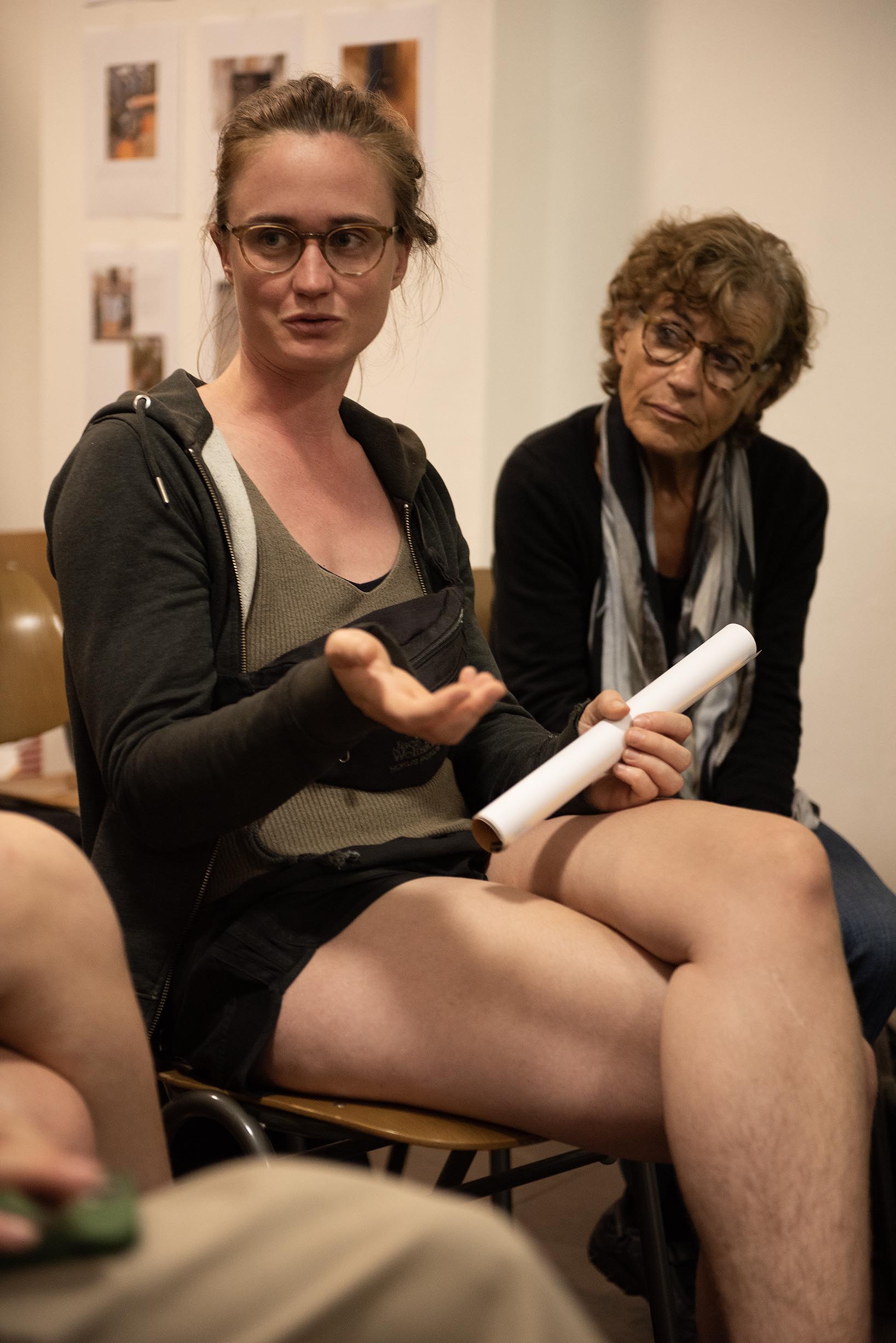
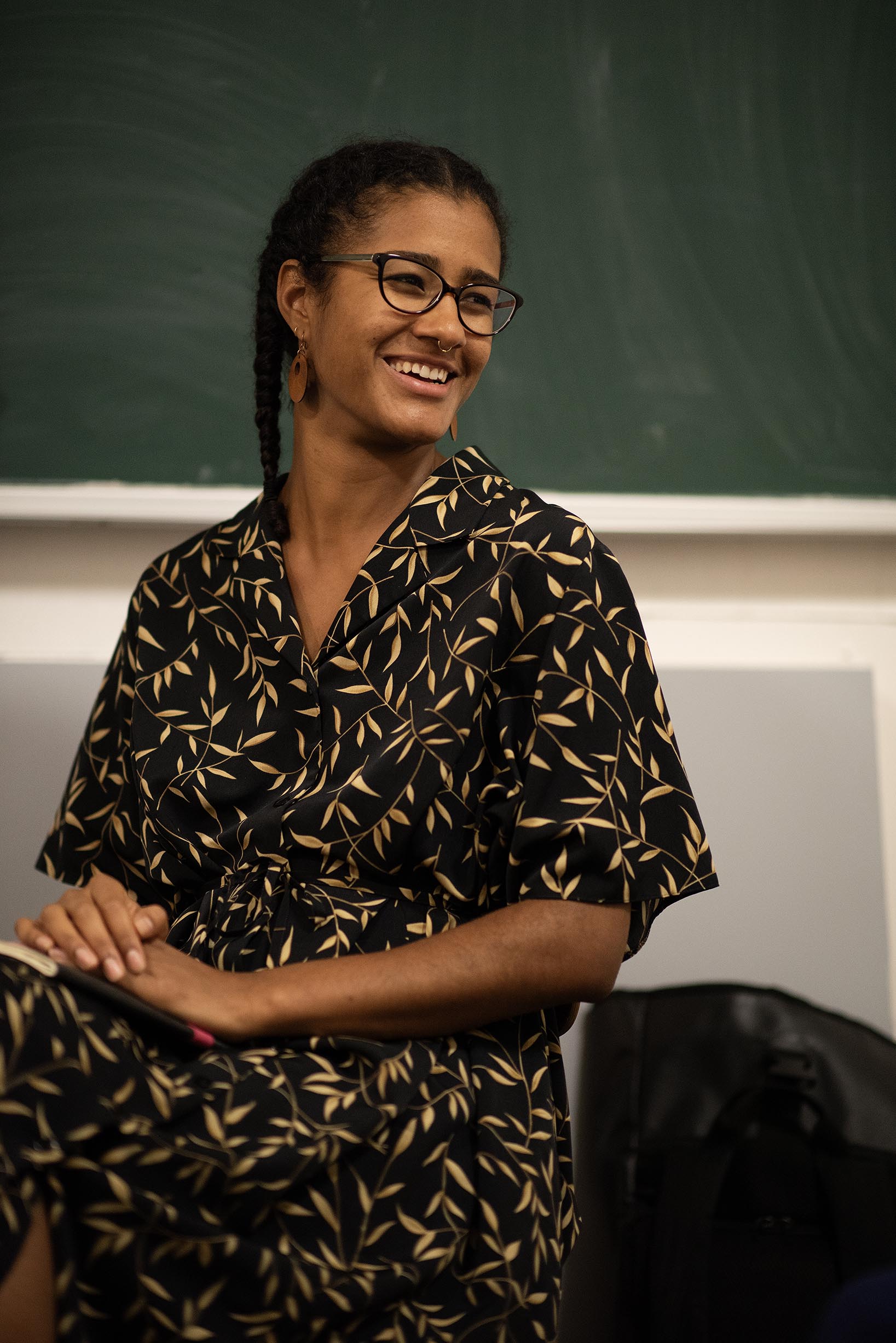

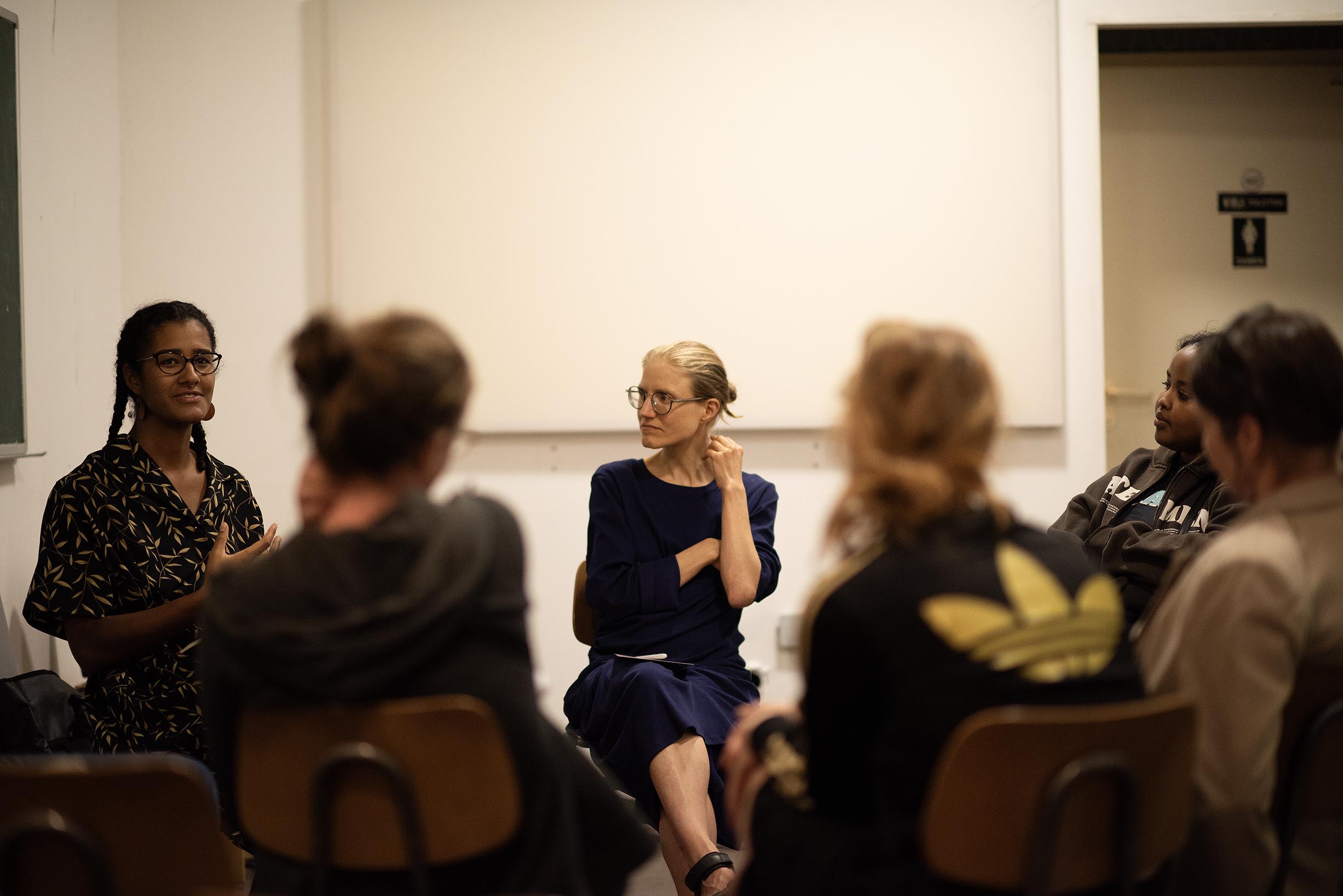

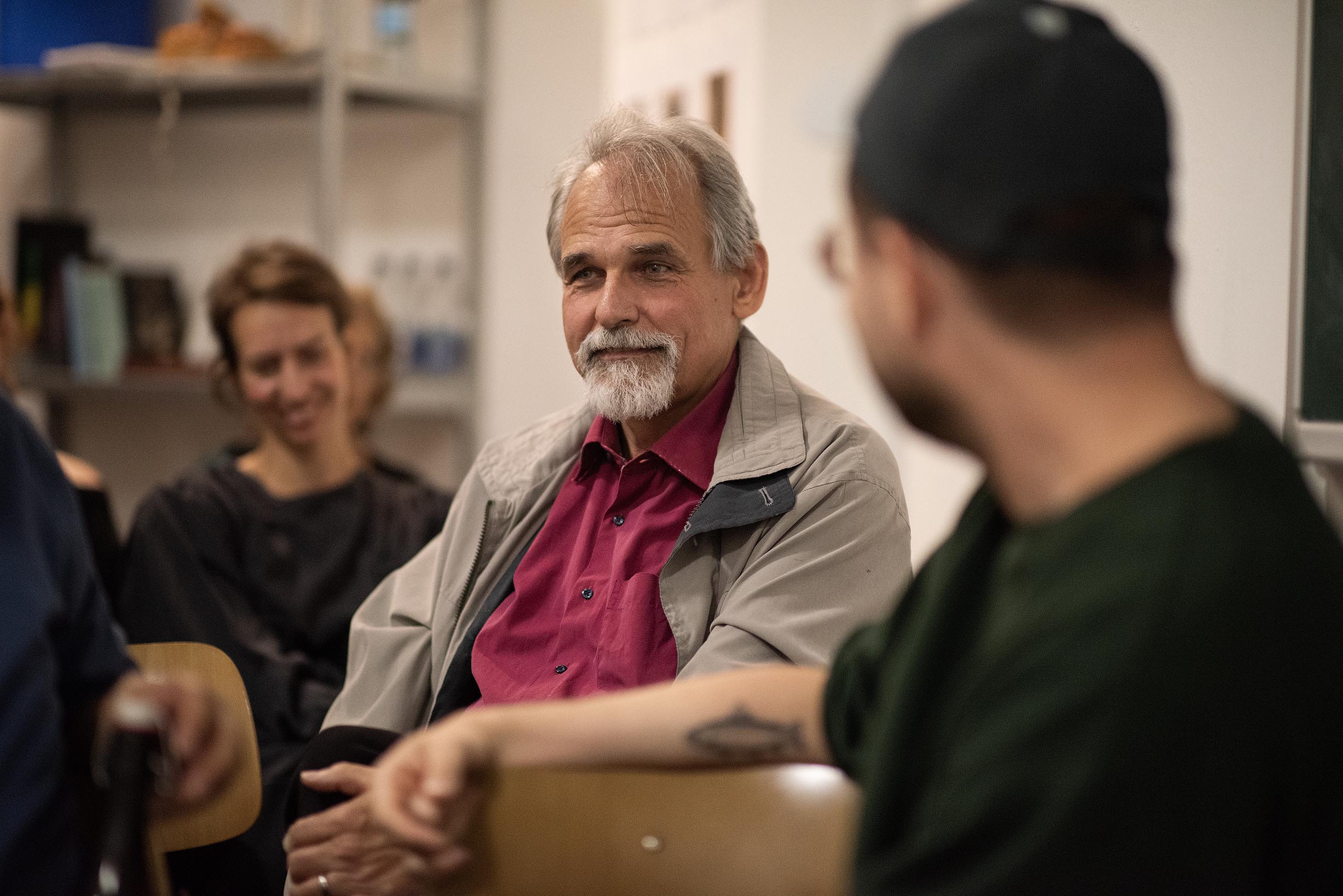
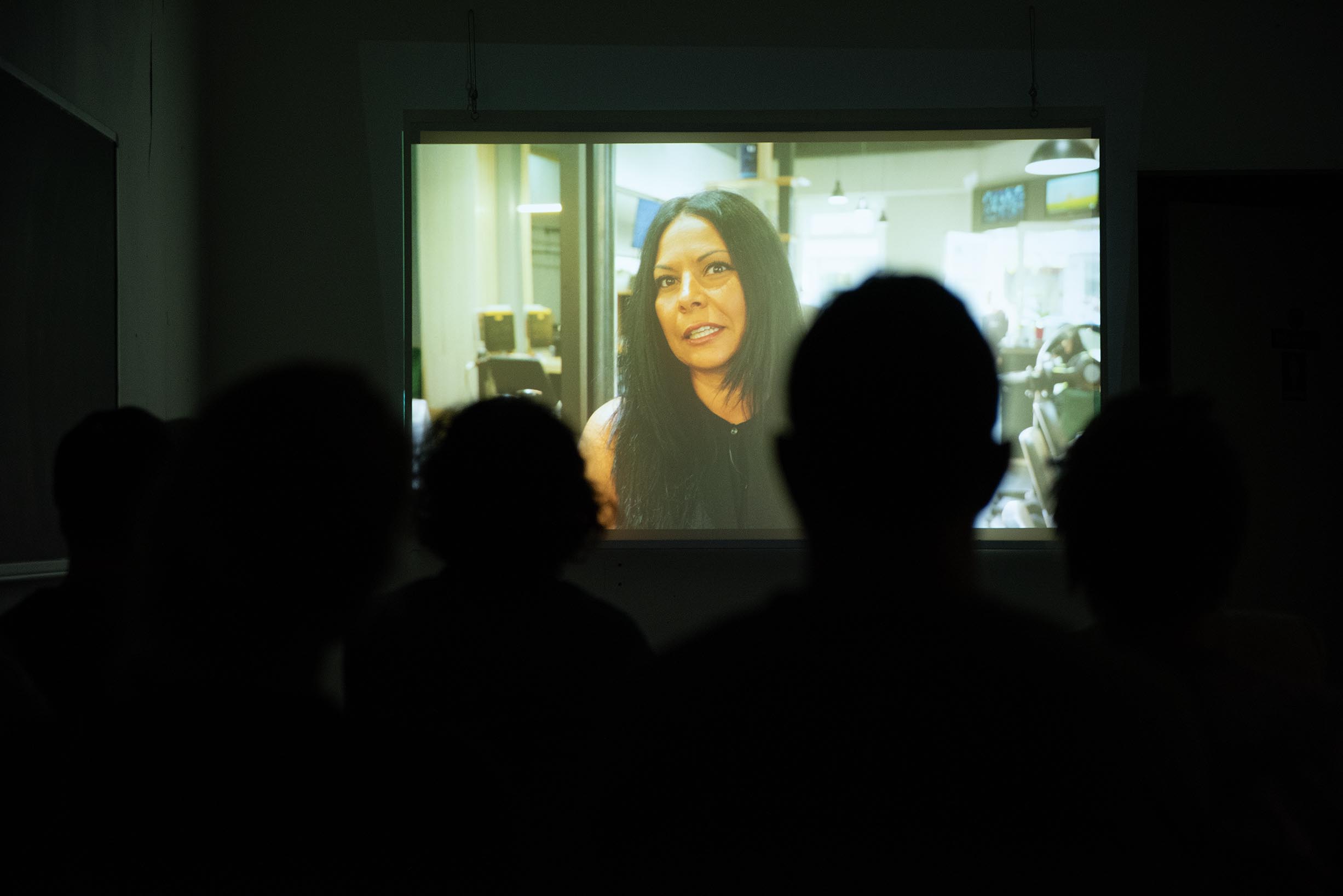
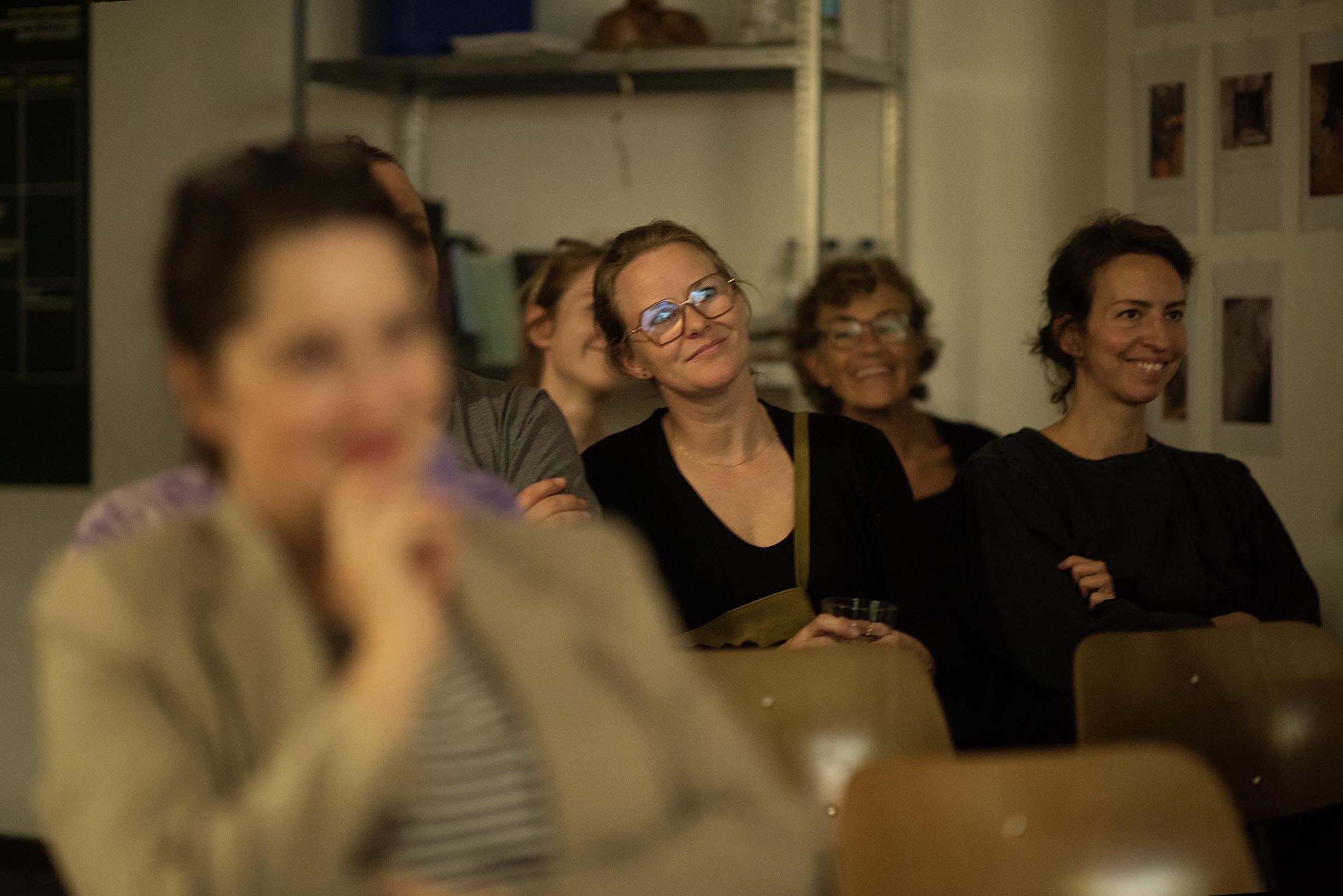

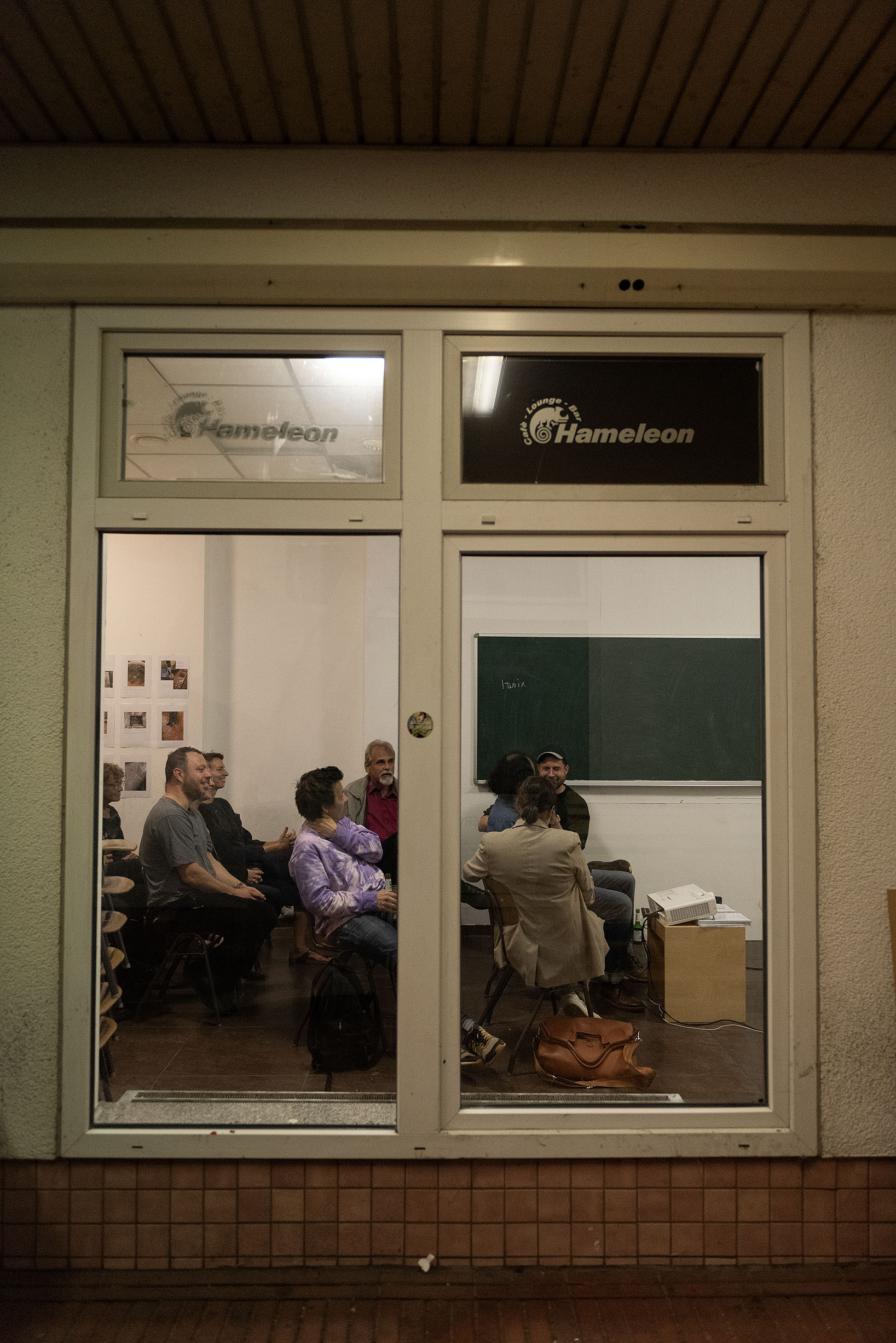
At the 26th Tuesday Workshop, Julia Wirsching presents her new film “Es gibt noch einiges zu tun” at the Künstlerhaus Stuttgart.
For over two years, Julia Wirsching accompanied her uncle’s men’s circle in their discussions on the subject of “being a man”. How did they become men? What does it mean to be a man today? What gives them orientation? Some of them critically examined faith and its institutions in their role-finding process. Topics such as just parenthood, the search for the father or turning away from old role patterns towards more self-determination occupy the men between the ages of 40 and 75 in the most diverse ways.
The video captures these processes of reflection as well as the men’s beard care rituals. The seven men provide insights into a sensual examination of their own bodies and tell their personal stories of being a man.
Following the screening, we invite you to a conversation with the artist.
________
Tuesday Workshop
The Künstlerhaus invites an artist or a collective—meaning any artists or cultural workers from any field or discipline—to talk about their working methods as well as their backgrounds and approaches. We want to establish a platform for a more in-depth interaction with regard to artistic practice, and in doing so to create a network, show solidarity, and mutually strengthen one other.
The series is aimed at all members of Künstlerhaus Stuttgart, artists either living in Stuttgart and the surrounding area or just traveling through, all cultural workers, art mediators, curators, etc., and is open to everyone!

Produced in the context of Niloufar Emamifar’s exhibition Ex gratia at the Künstlerhaus Stuttgart, the lawyers, Nora Ebeling and Viktor Riad, have drafted a guidelines document to aid artists and art institutions in navigating the complexities of migration law in Germany.
When artists facing barriers to cross-border migration are contracted by art institutions it is too often done on an individuated case-by-case basis without providing the artist transparent guidelines, shared policies, or protective standards. This newly released guidelines document aims to be a practicable resource which responds to this pervasive problem field where legal-economic resources are inadequate and inaccessible for visa-applicant, migrant, displaced, asylum-seeking, and refugee-status artists.
This bilingual document entitled, Guidelines on migration law for cooperation between artists and art associations in Germany, is now available here as a free and openly distributable PDF.
The guidelines document is co-authored by Nora Ebeling and Viktor Riad, with input from Niloufar Emamifar. The document was translated by Kathleen Parker, and designed by Studio Terhedebrügge.
Nora Ebeling works a freelance lawyer with a focus on migration law at the House of Democracy and Human Rights in Berlin. She represents not only internationally active artists but also all other people who need support in their residence matters or in the asylum process.
Viktor Riad, is a lawyer based in Berlin who founded a law firm which emphasizes migration law, asserting rights for refugees, and residence law proceedings for internationally active artists.
Realized with the generous support of Stiftung Kunstfonds NEUSTART KULTUR and the Institut für Auslandsbeziehungen. Additionally, this project was supported by Callie’s, Berlin, in the form of a production residency.

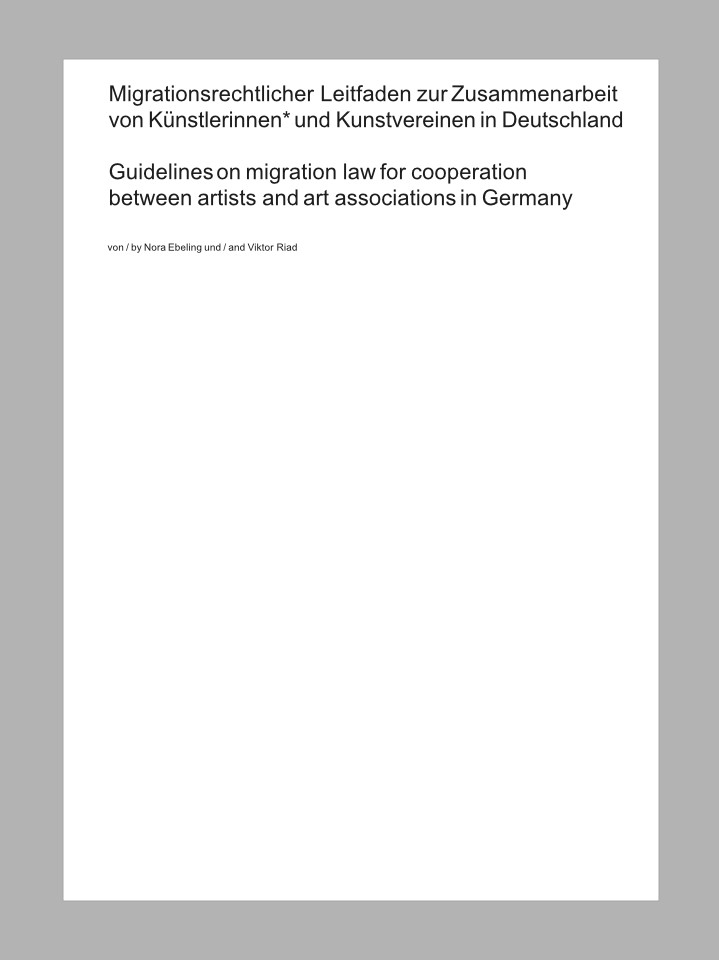
On January 1, 2024, a turnover of Artistic Directors is due. In a three-stage process, a search committee consisting of the Board of Directors, the Advisory Board, and representatives of the Cultural Office and the City of Stuttgart’s Municipal Council out of 57 submissions, decided on the application of Tamarind Rossetti & Stephen Wright, who have presented themselves as a team to lead the exhibition program until the end of 2026.
With its decision, the commission acknowledged that Rossetti & Wright have presented a concept that is not based on a conventional curatorial model, but rather develops an experimental, ‘eco-systemic’ form of curating. With their self-understanding as “usership coordinators,” Rossetti & Wright make it clear that their work focuses on the usership of the Künstlerhaus and that they regard workshops and studios as the Künstlerhaus’s key organs.
Künstlerhaus Stuttgart Reuchlinstraße e. V. was founded in 1978 by artists for artists. It houses seven studios, which are given to artists of all disciplines for a limited period of time, and ten workshops, which can be used by all members and guest artists.
A special characteristic of the Künstlerhaus is the model of the artistic director, who is engaged for three to four years and conveys the latest practices and discourses with experimental approaches to the exhibition, distribution and perception of art at Künstlerhaus. The clear time constraint promotes the diversity of artistic positions and allows each tenure to be approached as a multi-year project. The institution’s evolving history is marked by the critical, interrelational, and infrastructural transformations that each Artistic Direction brings.
Tamarind Rossetti, born 1976 in Ojai (California, USA), is a trained artist and teaches at the École supérieure d’art et de design TALM-Angers.
Stephen Wright was born in Vancouver (British Columbia, Canada) in 1963 and has been a permanent resident of France for nearly 30 years, teaching theory and practice at the European School of Visual Arts in France. From 2017 to 2021, he was also co-director of the postgraduate program in artistic research called Document & Contemporary Art.
In 2018, Rossetti and Wright founded a 1:1 scale agroecological test site called Ferme au Sauvage for growing organic fruits and vegetables, where they offered farm-to-table meals and farm-to-panel workshops (called “ideaseeding”), ran a farm store in the studio, and documented the project through art. Currently they are operating a permaculture farm and research project in Corrèze, France.
The new Artistic Directors see their role as “an opportunity to implement ideas gleaned over the years from usology and permaculture, from art education, publishing and exhibition making, in an ‘extradisciplinary’ environment.”
We look forward to welcoming Tamarind and Stephen in the coming year and to viewing the Künstlerhaus with them through the prism of permaculture, making it a fruitful artistic living space.

On 23 July 2023, the first alumni meeting of all former and current studio holders of the last 25 years took place at Künstlerhaus Stuttgart.
A meeting and reunion, accompanied by artistic contributions and good conversations.
Many thanks to all scholarship holders for the wonderful day.
Photos: Jochen Detscher

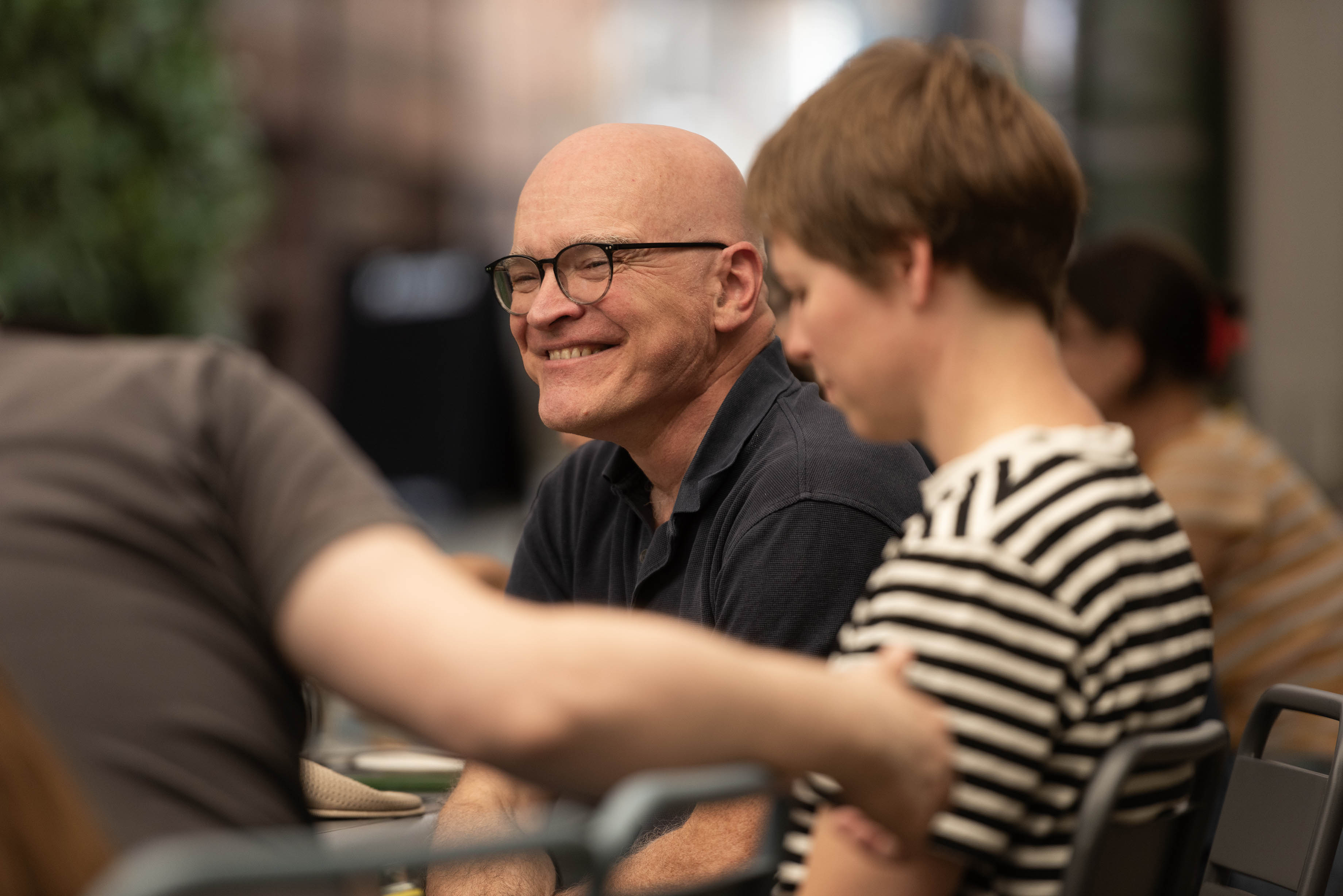
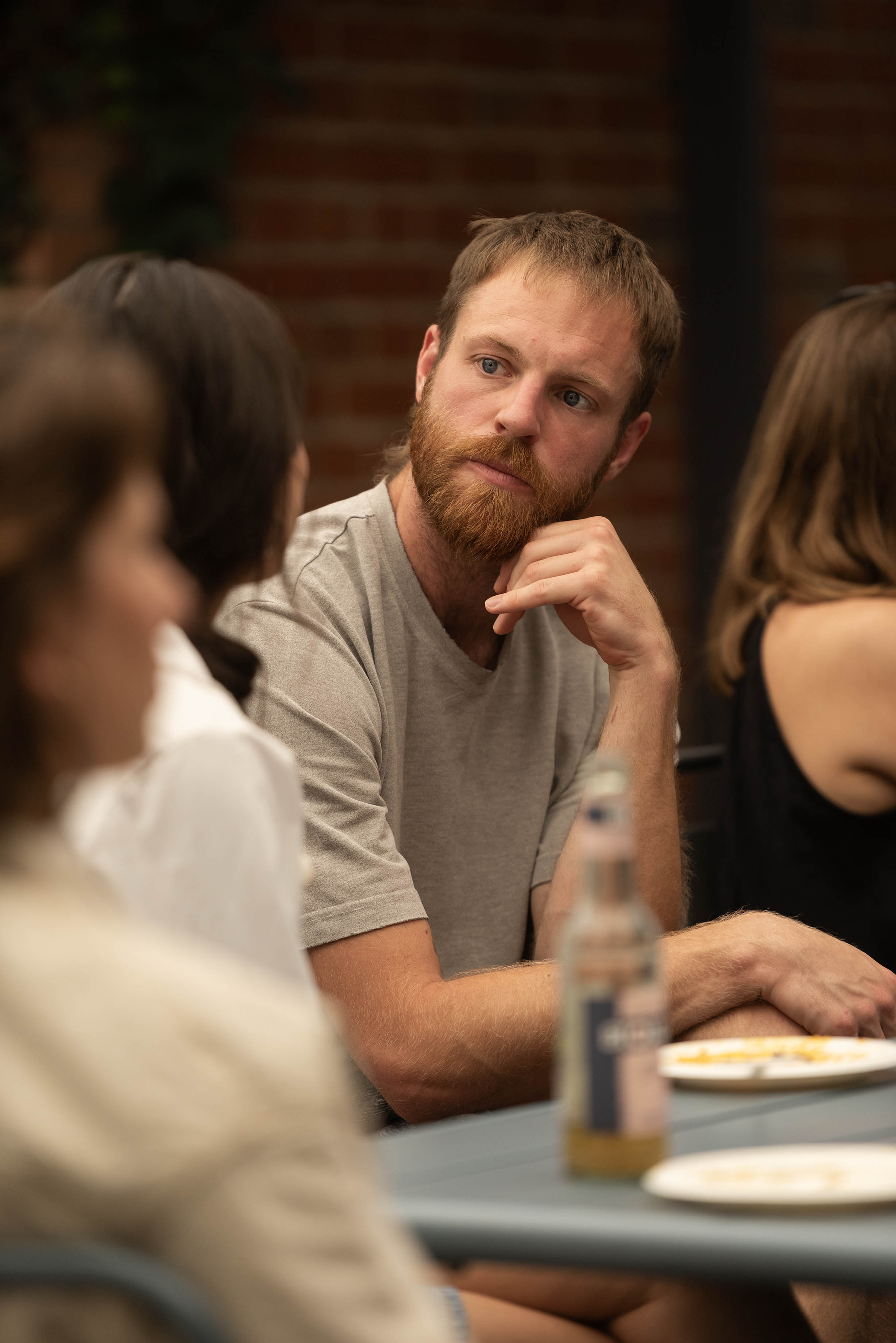


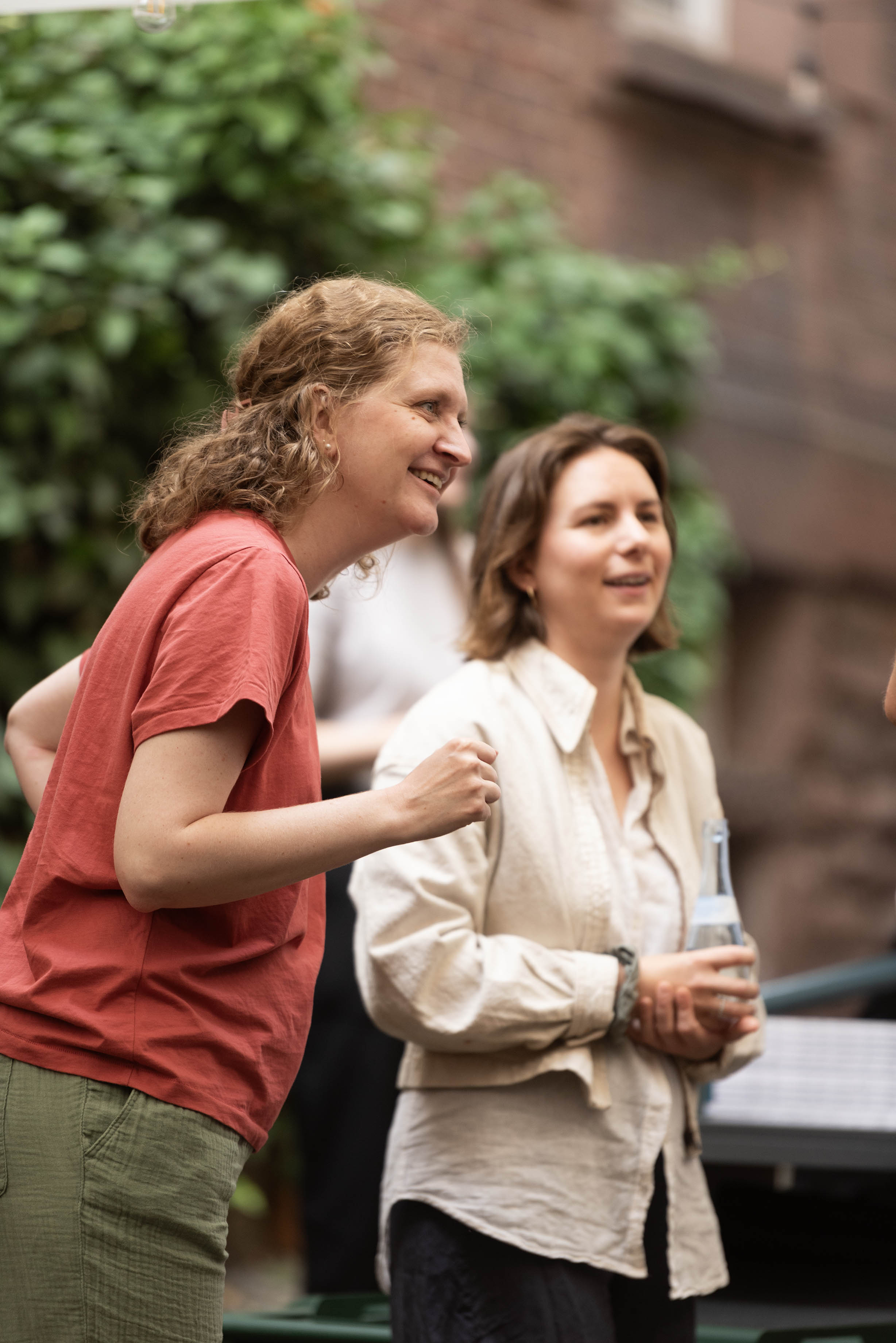
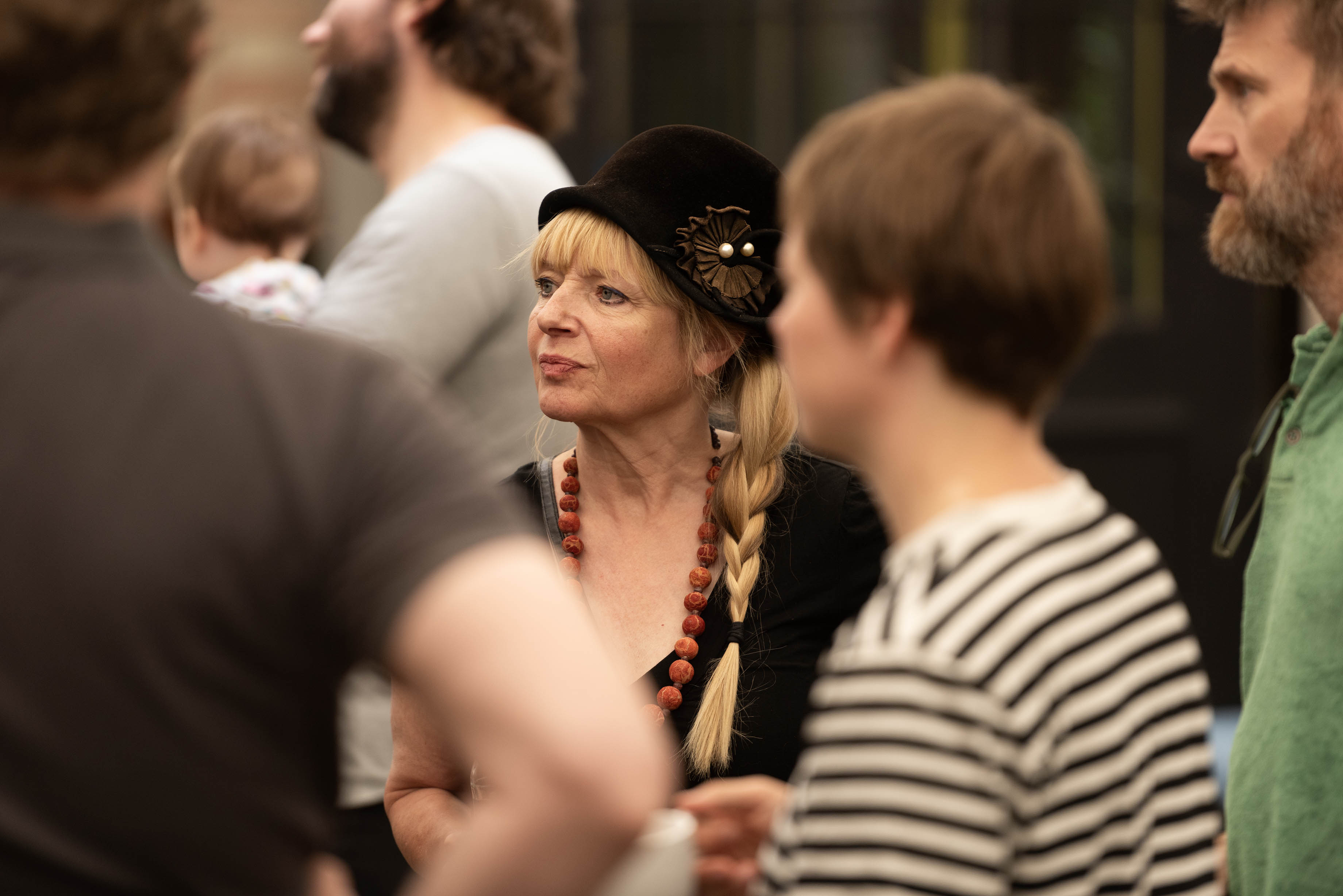
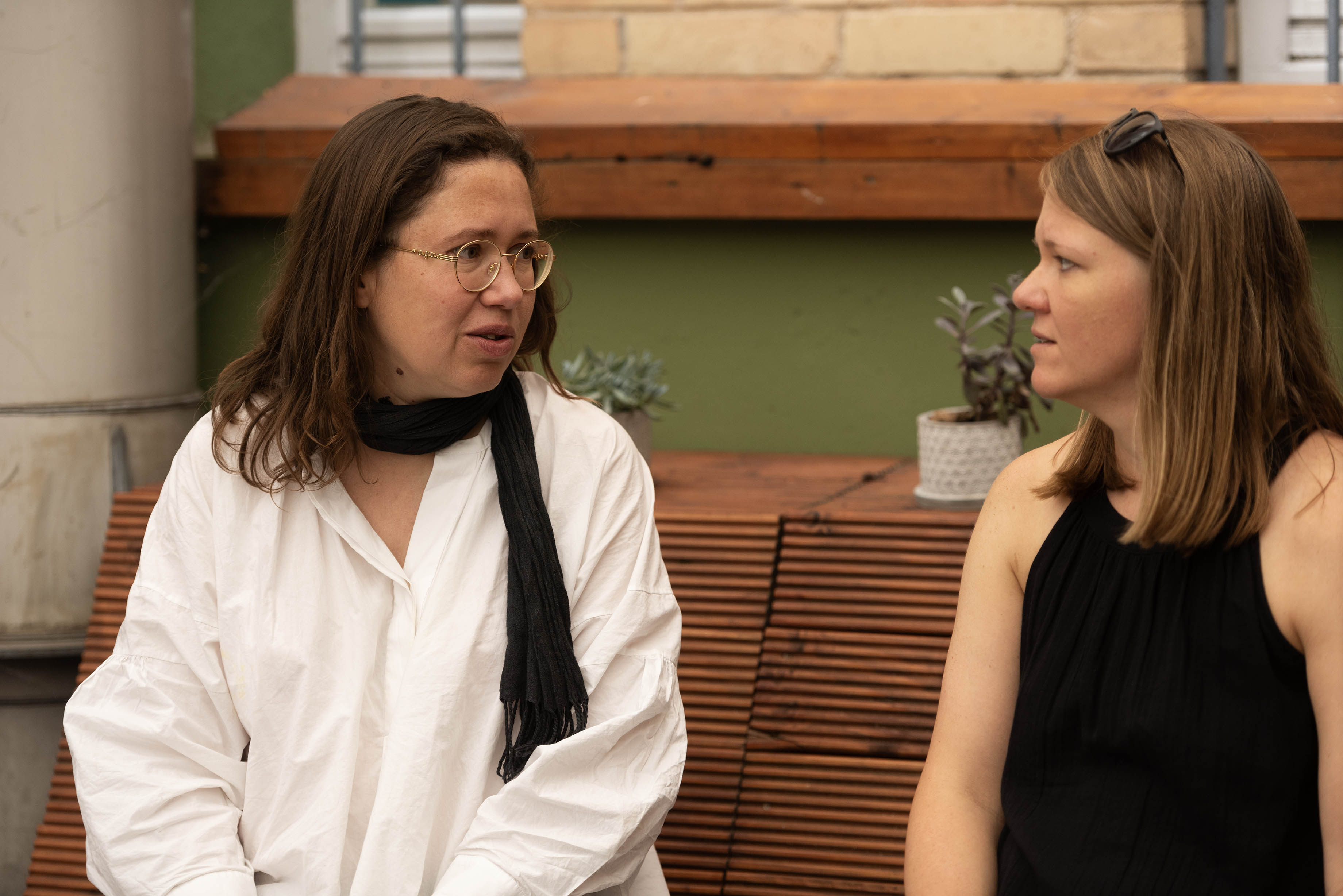

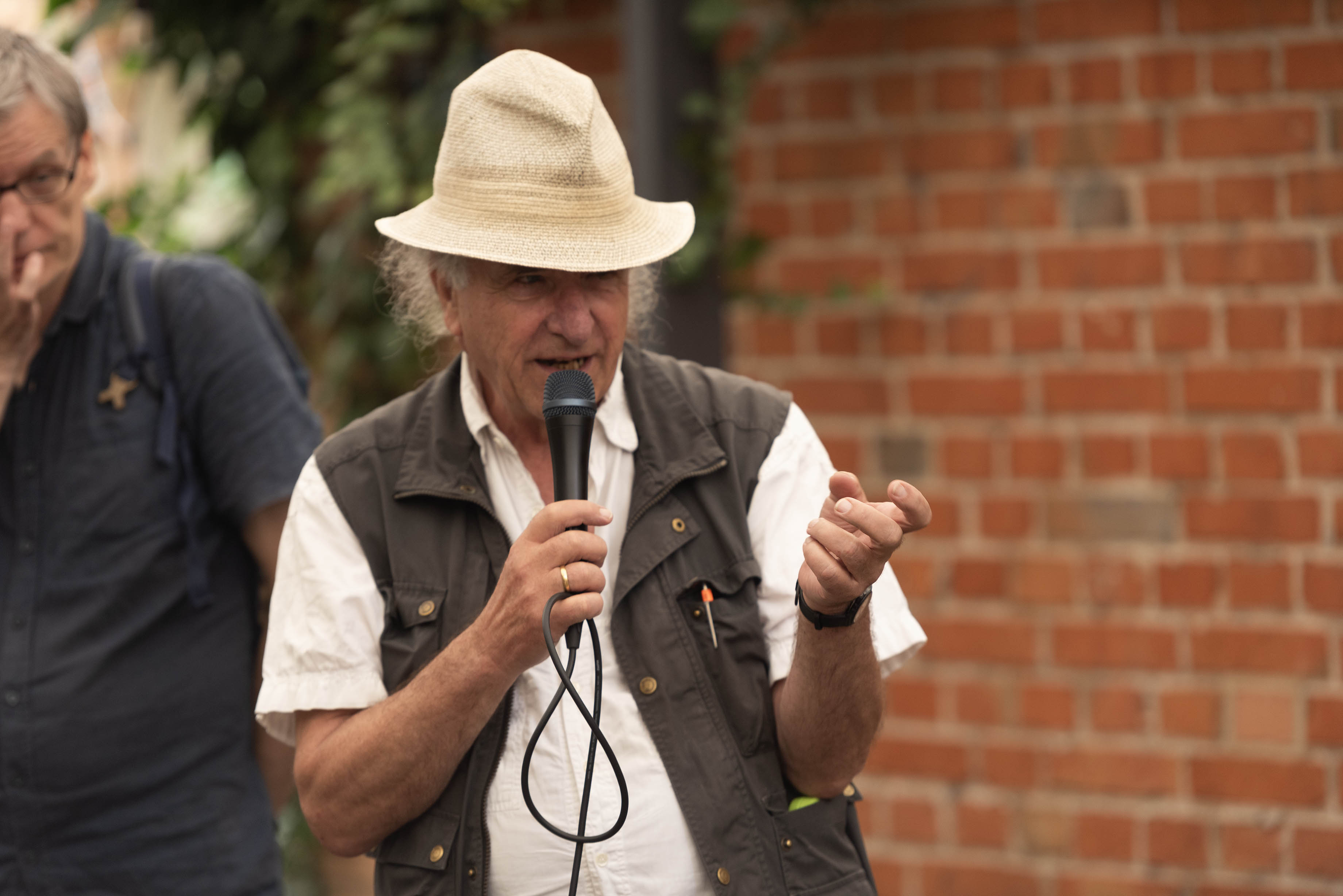
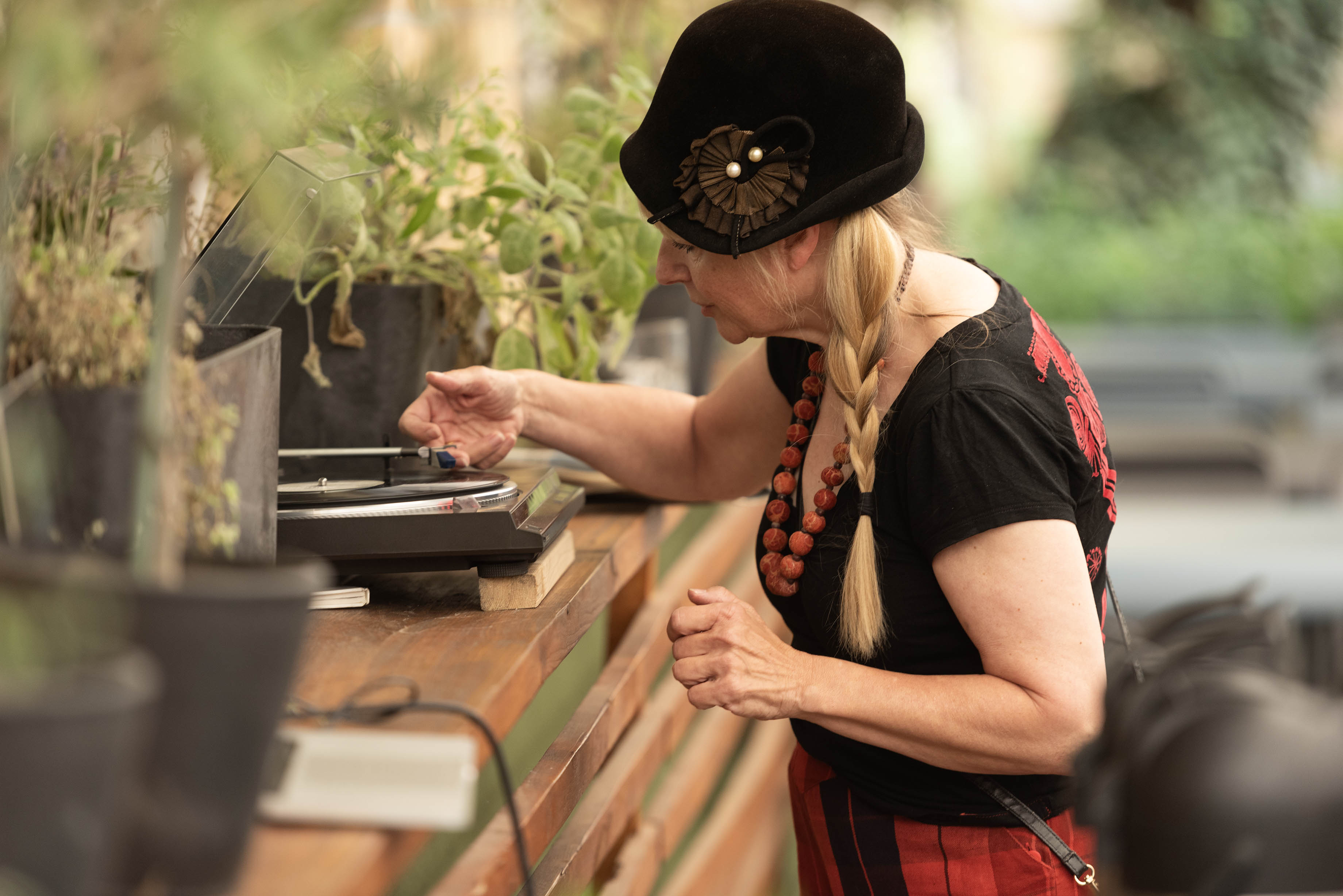


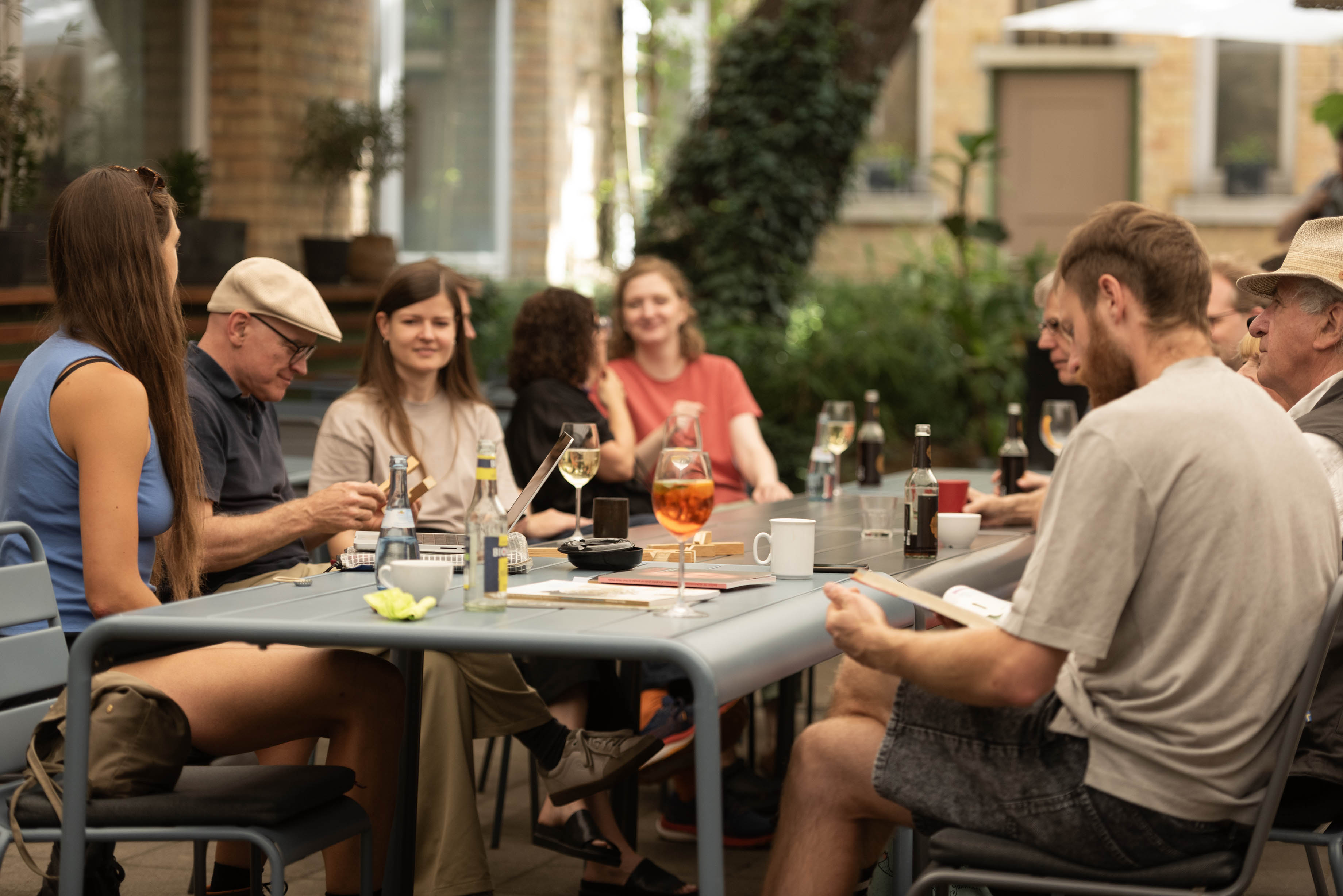
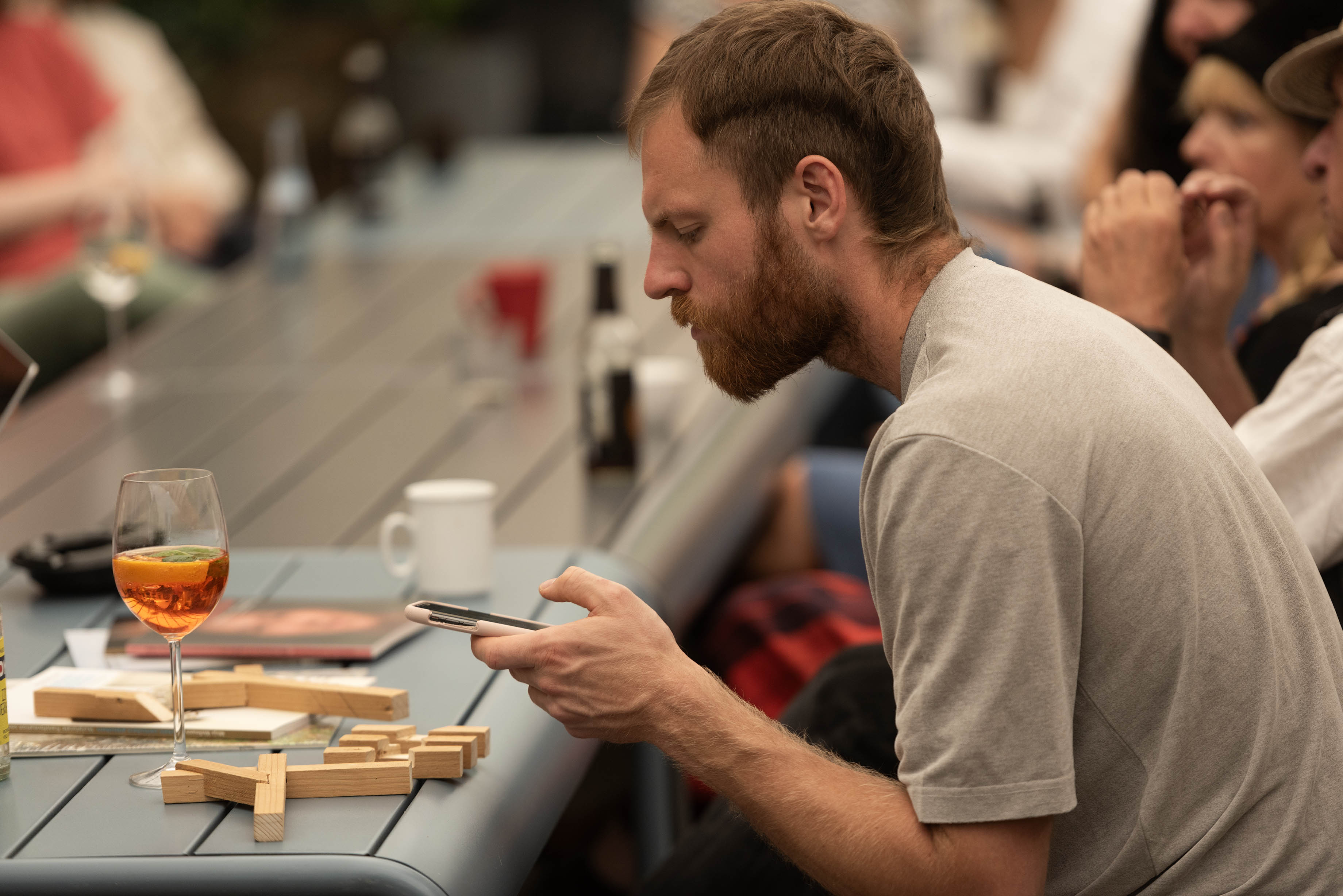
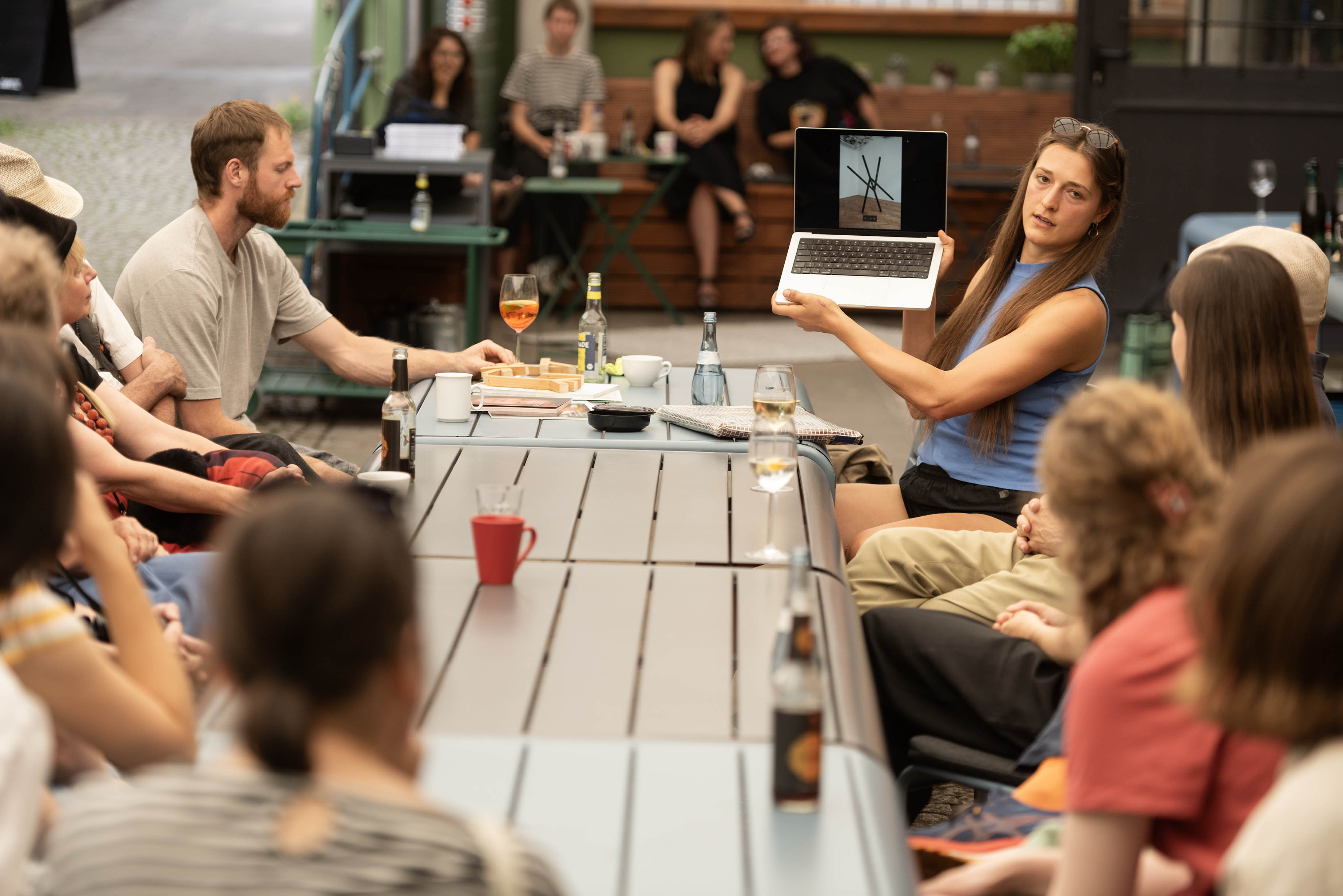
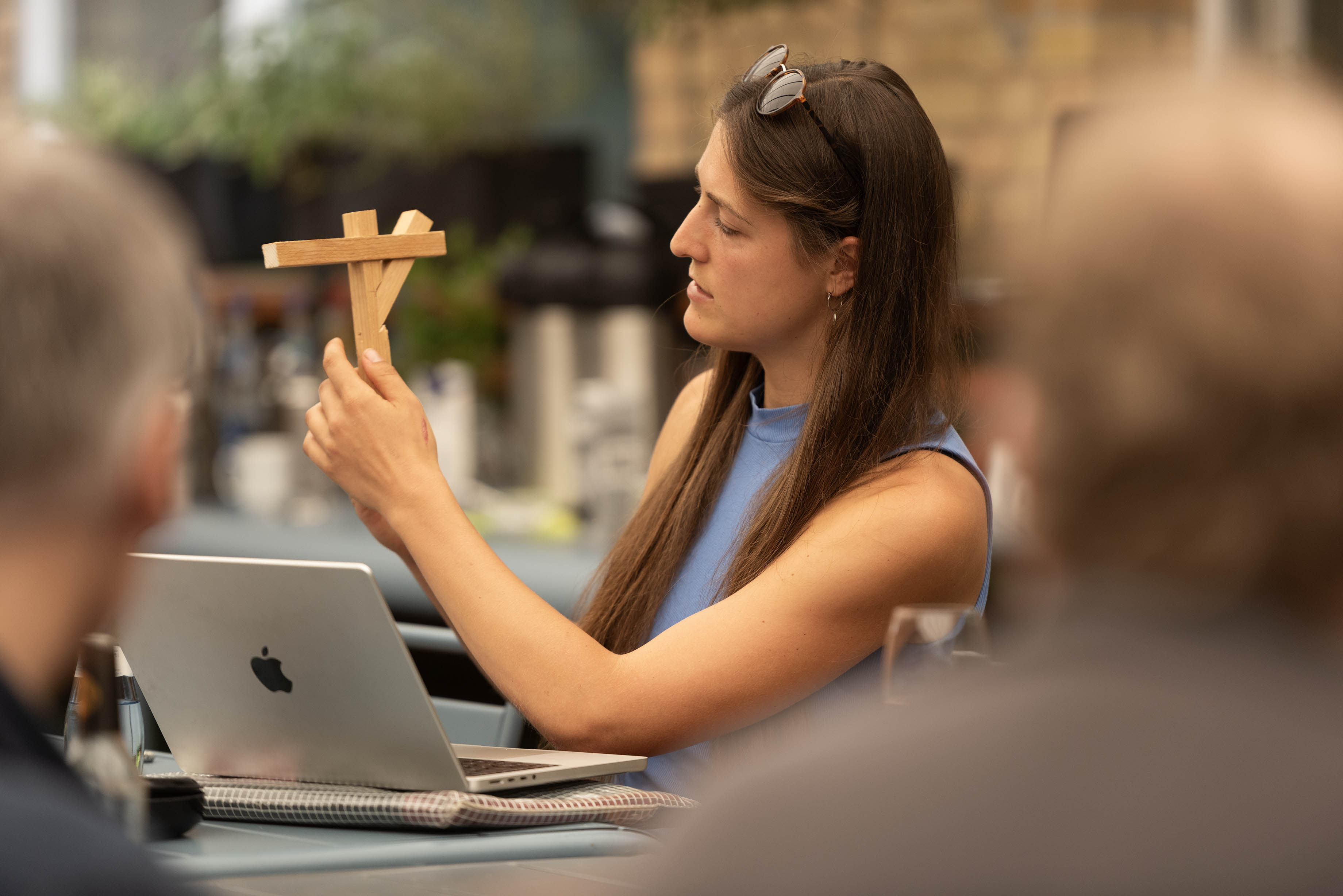

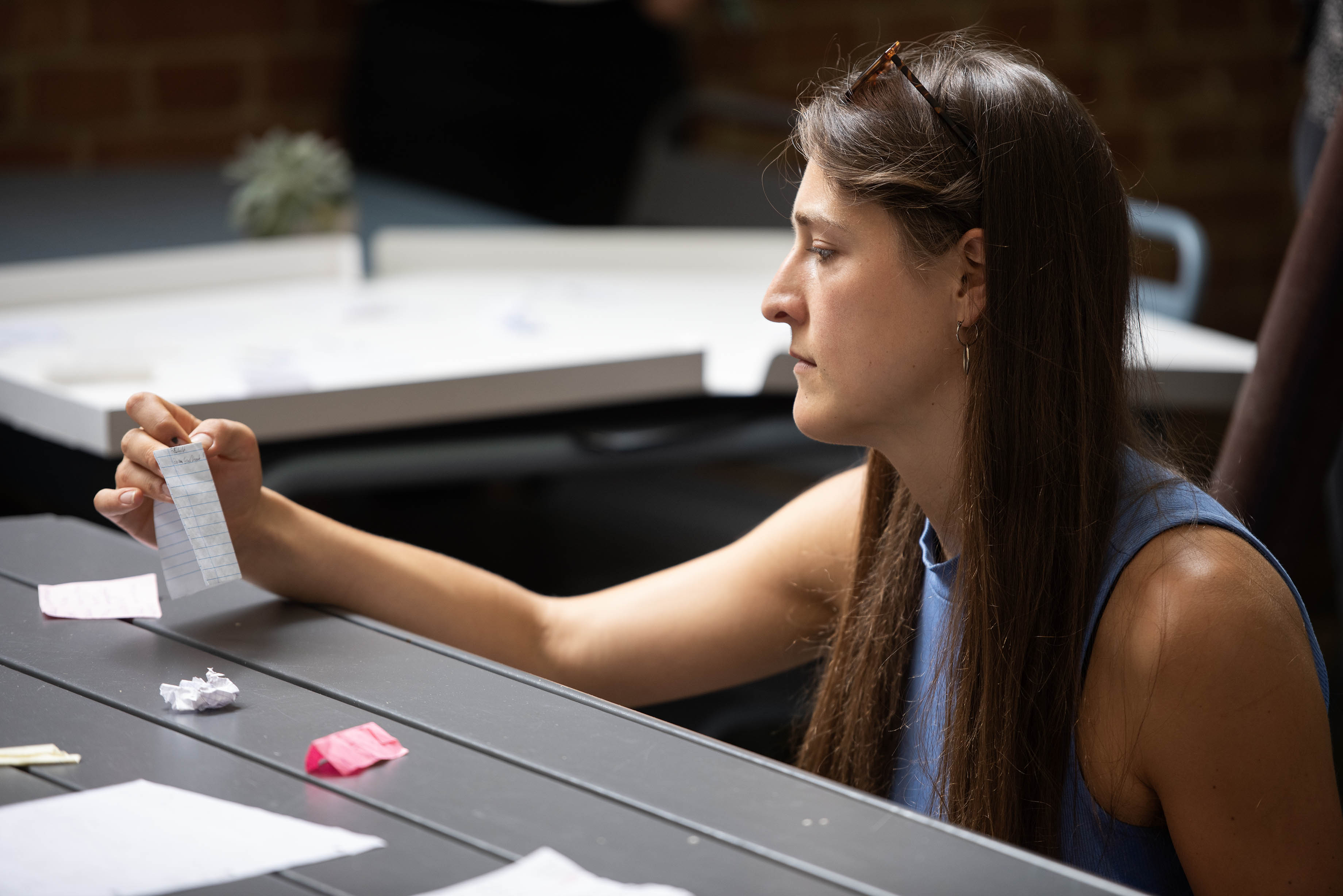
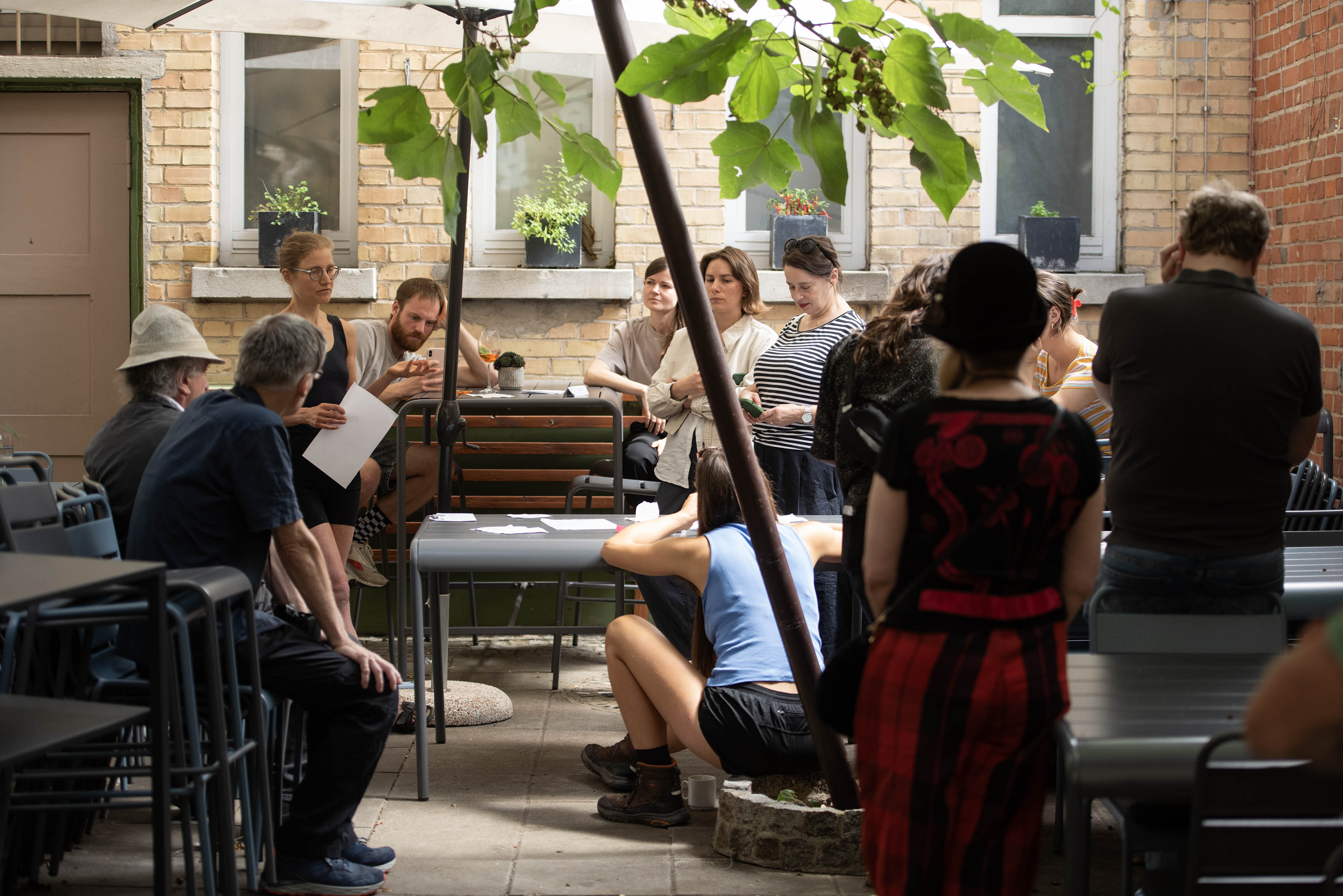

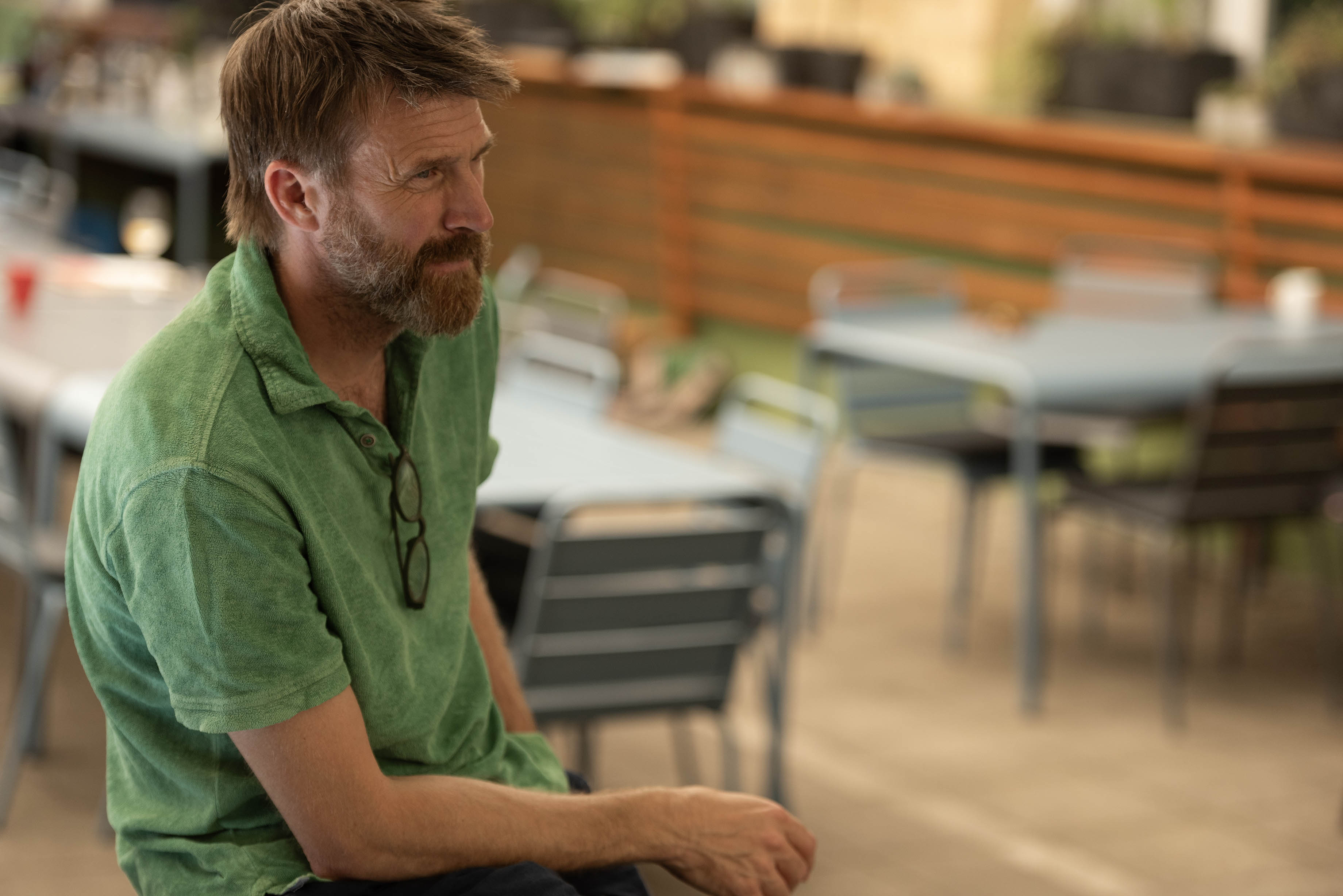
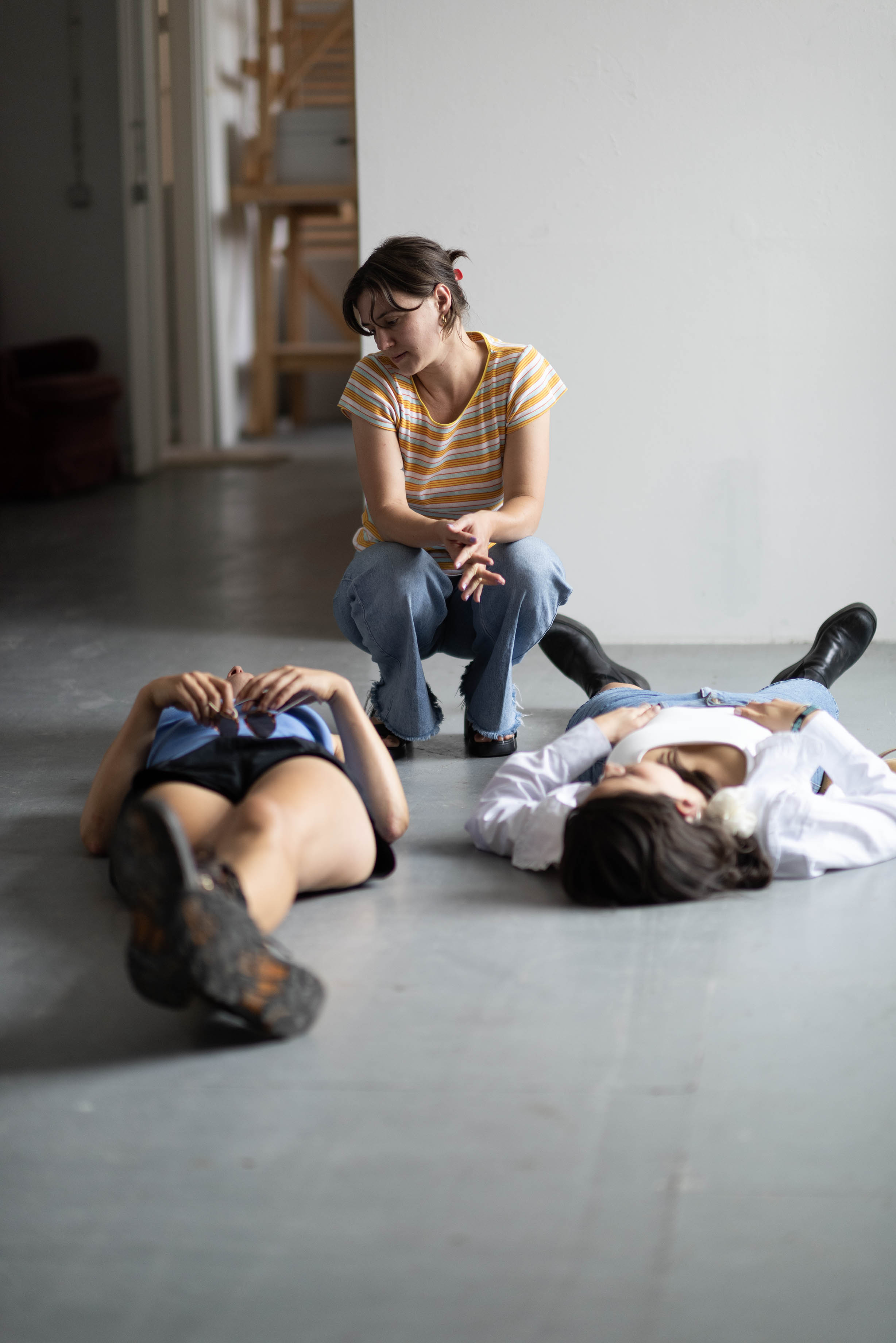
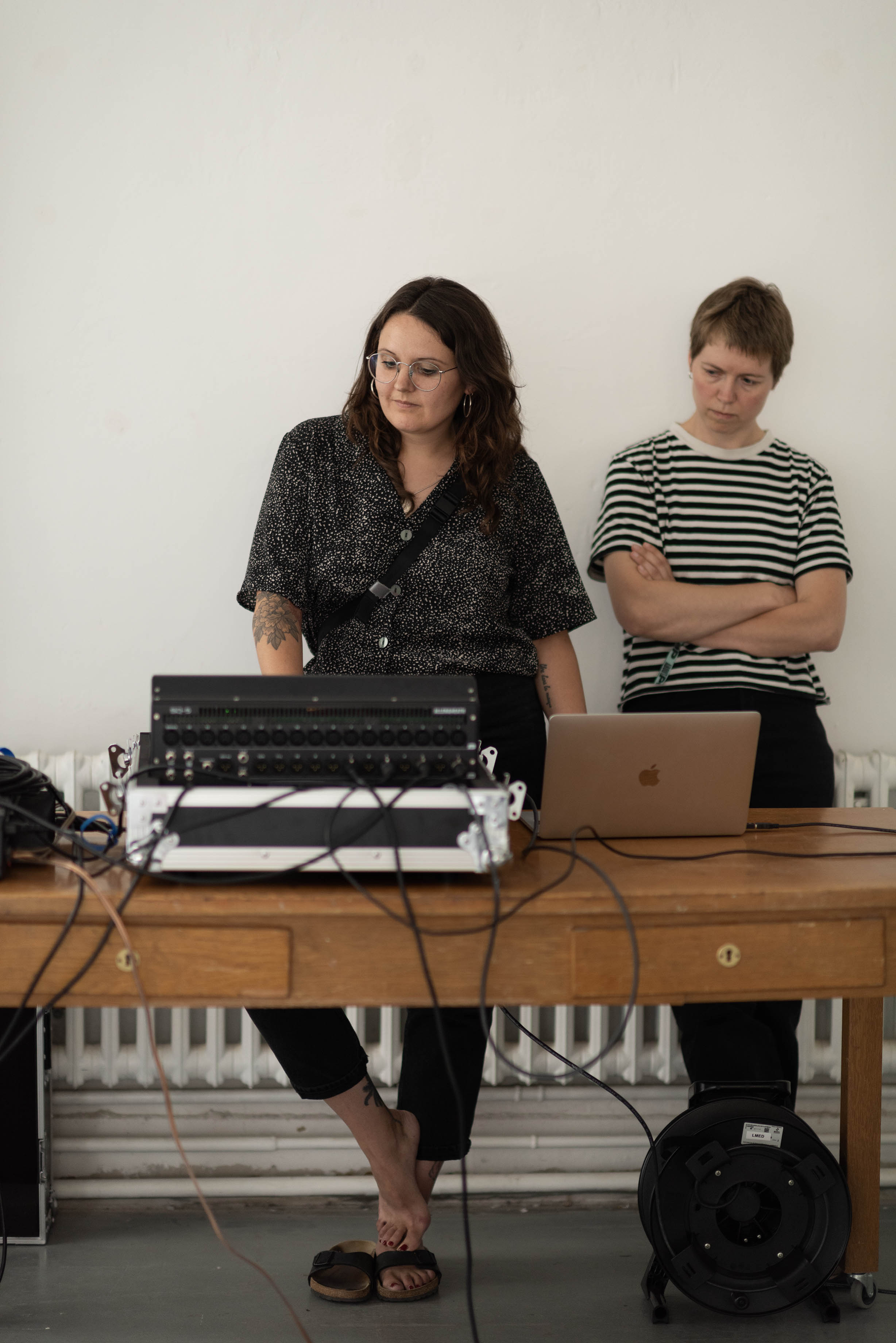
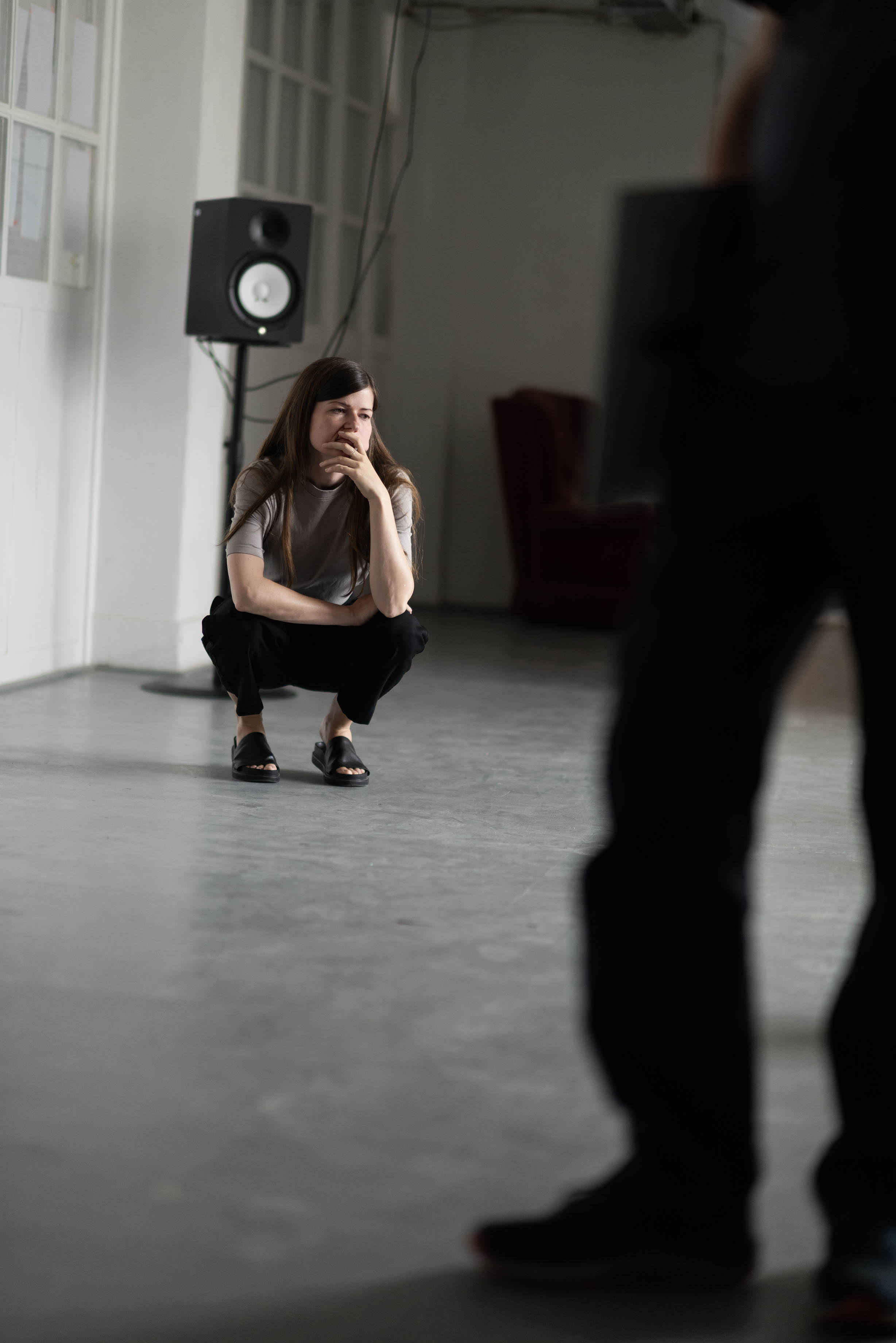

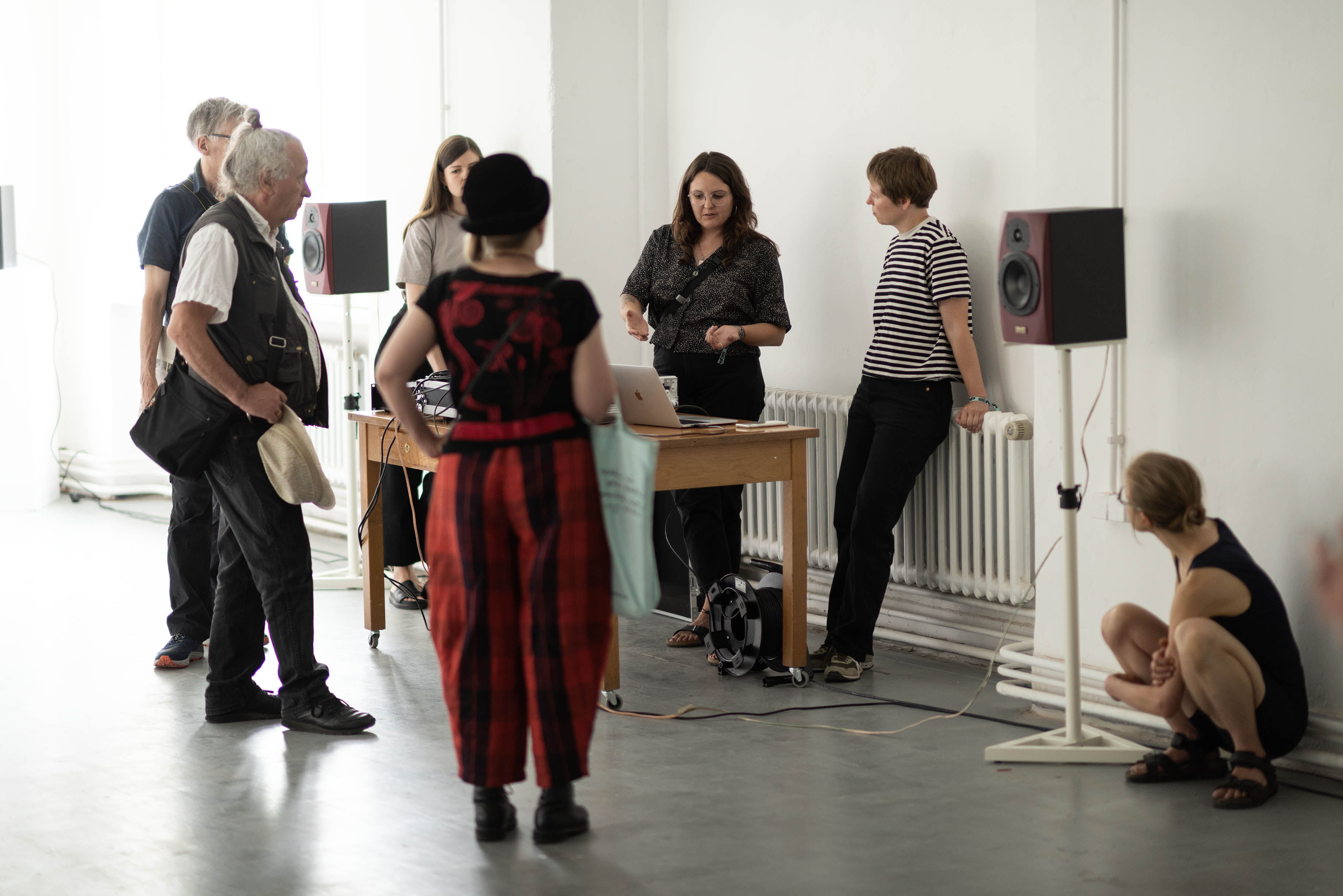
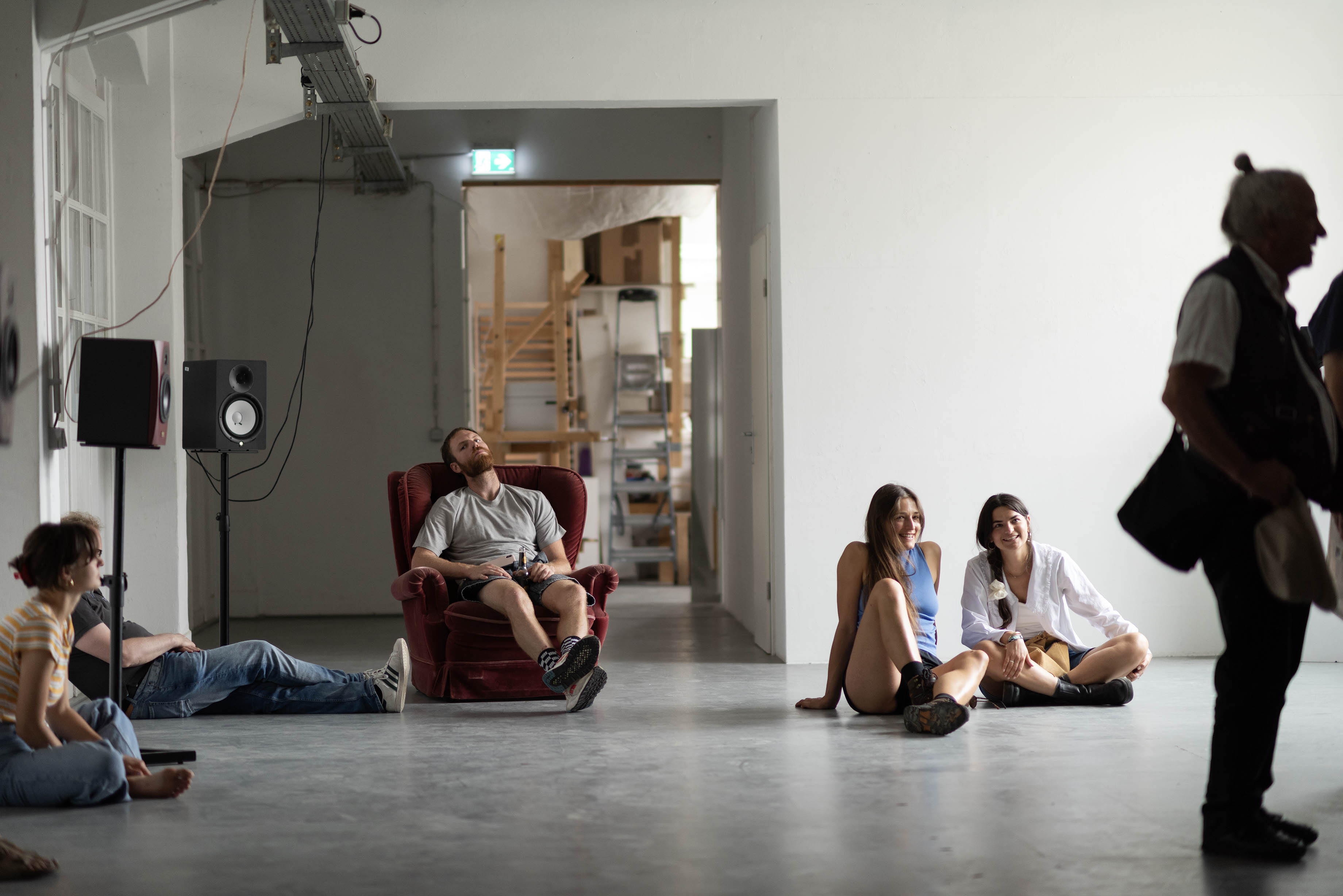


At the 25th Tuesday Workshop, Peter Hauer presents his new publication “Mannerism” at Künstlerhaus Stuttgart. The publication deals with human movement as a medium and what is expressed with it, which Hauer subsequently treats as a cultural product. Freely following the motto “every human being is an artist”, art criticism is practised on unusual examples, and in return it is shown what influence art has on one’s own body.
The presentation will be moderated by Florian Model, who, together with Peter Hauer, will give a short introduction to the topic and open a discussion.
____
Tuesday Workshop
The Künstlerhaus invites an artist or a collective—meaning any artists or cultural workers from any field or discipline—to talk about their working methods as well as their backgrounds and approaches. We want to establish a platform for a more in-depth interaction with regard to artistic practice, and in doing so to create a network, show solidarity, and mutually strengthen one other.
The series is aimed at all members of Künstlerhaus Stuttgart, artists either living in Stuttgart and the surrounding area or just traveling through, all cultural workers, art mediators, curators, etc., and is open to everyone!
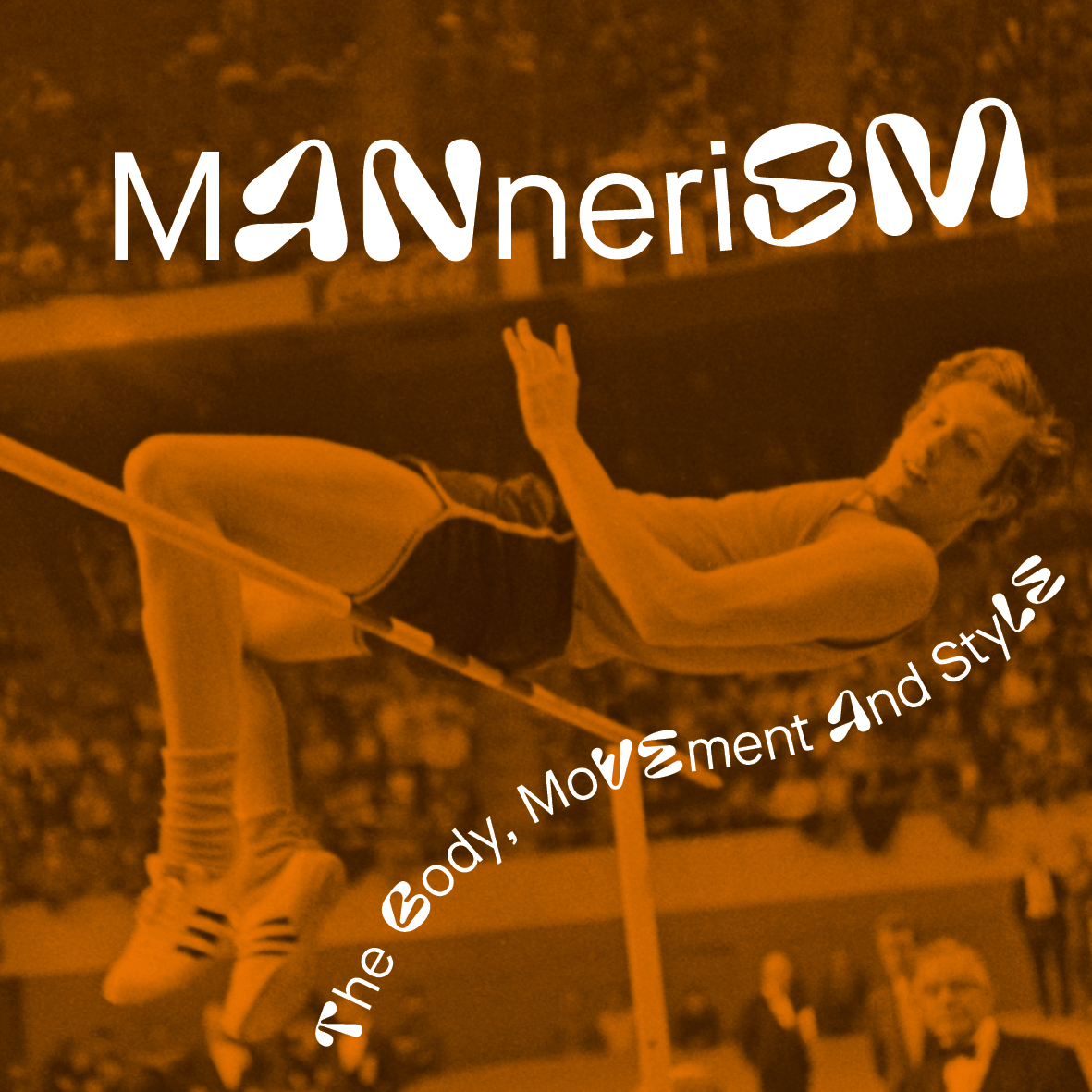
Opening: Saturday, July 8, 2023, 7:30 p.m.
Sunday, July 9, 2023, 2 – 7:00 pm.
In this exhibition, Kateryna Surhutanova will present a series of works that engage with space, exploring the following questions:
Is there a difference between forced and planned emigration? What do the circumstances mean?
Why do people get involved? At what point does one become a transmigrant? What thought
would help, at the height of suffering, to remain grateful? What would it mean to not hurt yourself or those around you?
Immigrants would agree that one must live one’s entire life with a sense of ethnographic loneliness, regardless of age or reason for immigrating. What happens when you don’t belong there, but you don’t belong here either?
But the biggest psychological pressure is that you never really belong.
You’re constantly somewhere in the middle. Will the moment come when you become free of the fear of losing something and the realization sets in that everything you have stays with you no matter where you are?
You no longer “belong” anywhere. You belong everywhere. You are not afraid to be a stranger.
Kateryna Surhutanova is a Ukrainian artist who fled the war in her country and whose work critically explores social and cultural issues through the lens of psychology, which she positions by visualizing events on canvas or wall, completely transforming the space.
Surhutanova was a fellow at Künstlerhaus Stuttgart from May 2022 to June 2023.
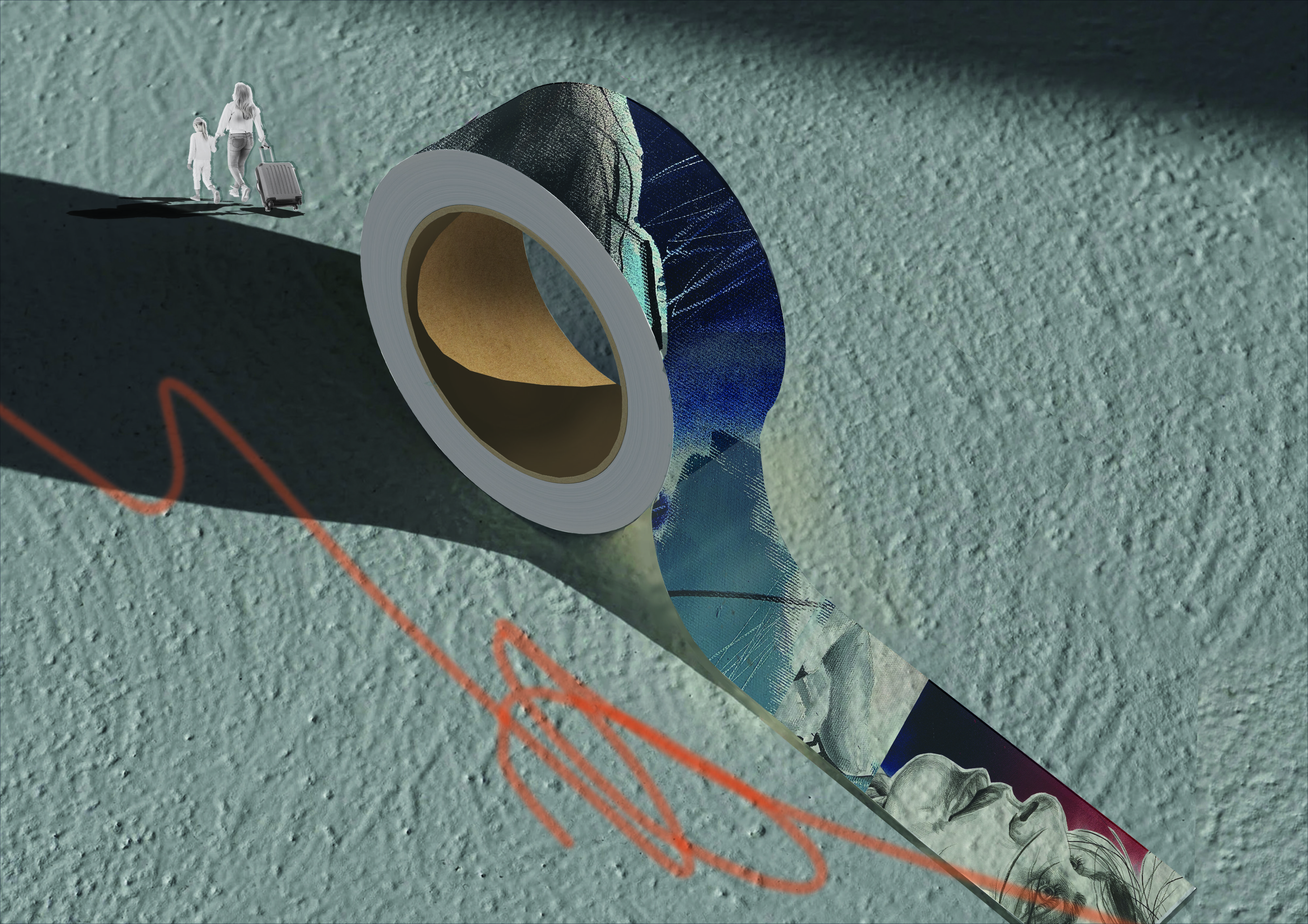
At the annual general meeting in spring 2022, a motion from the membership was approved to launch a publication of Künstlerhaus Stuttgart that would present the Künstlerhaus in all its facets. An editorial team, consisting of the honorary members Alba Frenzel, Jochen Detscher and Ania Corcilius as well as the staff members Leonie Klöpfer and Romy Range, was then formed to meet the members’ request. The graphic concept and layout were the responsibility of matter of, who had already designed the Künstlerhaus website.
4B – the title of the publication, based on the address of the Künstlerhaus at Reuchlinstrasse 4b – is primarily concerned with artistic formats outside the curated exhibition program, since the latter already has a publication series of its own.
This issue of 4B Magazine features various activities of the studio fellows*, workshops, and member-initiated events in and beyond the Künstlerhaus. We report on the Tuesday workshops last year, there are interviews with the workshop leader of the audio workshop Niklas Menschik, and with the two Ukrainian fellows Kateryna Surhutanova and Elena Trutieva. In addition, we report on a series of exhibitions initiated by the studio fellows. Fernando Munizaga and Matias Bocchio report on their workshop fellowship, and users of the lithography workshop say a very personal farewell to Michael Wackwitz, who was head of the lithography workshop for many years and is now returning to his native Dresden.
In addition, the topic of mediation is becoming increasingly important at the Künstlerhaus, as it is in this publication. This time we provide an insight into the cooperation with the Hölderlin-Gymnasium. In addition, two of our mediators – Thora Gerstner and Lejla Dendic – introduce themselves.
Finally, we leave the Künstlerhaus once again and show projects by the artists and Künstlerhaus members Helen Weber in the House of the Catholic Church and Michelin Kober in the Ostfildern Municipal Gallery, and we introduce the project spaces of our members Thora Gerstner and Jan Nicola Angermann.
The artistic supplement in this issue was designed by graphic designer and artist Florentine Bofinger, whose design was selected by the editorial team from a large number of submissions following an open call in the membership.
We would like to express our sincere thanks to all contributing authors, and photographers, to the fantastic graphic designer from matter of for the great collaboration, to Florentine Bofinger for the design of the inlay (a little highlight) and of course to the editorial team, who showed a lot of commitment and even more work to make this issue possible.
It is a joint project for the Künstlerhaus community.
Now available for pick-up at Künstlerhaus Stuttgart – members: 3 € / non-members: 8 €.

After the kick-off of the discussion series “Kunstverein(e) der Zukunft” at the Künstlerhaus and visits to the Böblinger Kunstverein and Kunstraum34 in Stuttgart, we will be guests at Oberwelt e.V. in Stuttgart on July 4. As on previous occasions, we will again discuss with numerous guests and representatives of various art associations about problems and challenges that some established art associations face. Structures, processes, ideas and themes, which have often developed over years and decades, must be questioned, further developed and possibly reinvented in order to be able to continue to successfully carry out artistically committed association work in the future. The representatives of the various art associations will report on their own concrete experiences, problems and approaches to solutions. On the basis of the different perspectives and contexts, an open, multifaceted and fruitful discussion will take place for all participants.
Also invited to the meeting are Kunstverein Neuhausen, Kunstverein Böblingen, Kunstraum34, Künstlerhaus Stuttgart, anorak and Kunstverein Nürtingen.
Oberwelt e.V.
Reinsburgstr. 93, 70197 Stuttgart, Germany

On July 3, Künstlerhaus Stuttgart and the restaurant “Im Künstlerhaus” invite you to a joint evening.
With the event series “Playing with Food” we dare an experiment. On three evenings this year we will build a bridge between cuisine and art and talk from the first idea to the presentation on the plate. Together with an artist or a collective, we will consider how this process can be translated artistically. How can flavors, aesthetics, color and taste be combined in a culinary and artistic way?
In the first part, artist Lennart Cleemann was our guest. For the second part of the series on the theme of “Exploring Material” we invite the multidisciplinary studio anima ona, consisting of Freia Achenbach and June Fàbregas, who have been fellows of the Künstlerhaus since May 2023.
Behind a finished product there is often a long process of experimentation with different materials and tools. Experiments with the material in terms of their malleability, their use and the way they are made and processed take place both in the kitchen of the restaurant ‘Im Künstlerhaus” and in the work of anima ona. The duo’s practice straddles the line between design, research and art, and explores possibilities for reusing material, which they pursue through experimental approaches and an examination of the cultural significance of objects. How they make this practice visible and tangible on this evening remains to be seen.
The evening will begin with a 3-course meal (vegan), including all drinks. Afterwards there will be a discussion between Sebastian Werning, Konstantin Kuld and anima ona, before the evening ends in casual conversation with all guests.
Food and drinks will be provided by the restaurant at cost price. The participation costs amount to
49,00 EUR for members and
69,00 EUR for non-members.
In order to be able to make further planning, a binding registration is necessary until June 30, 2023 at rr@kuenstlerhaus.de.
The third part of this series will deal with presentation in October. You will receive more detailed information on this in September 2023.
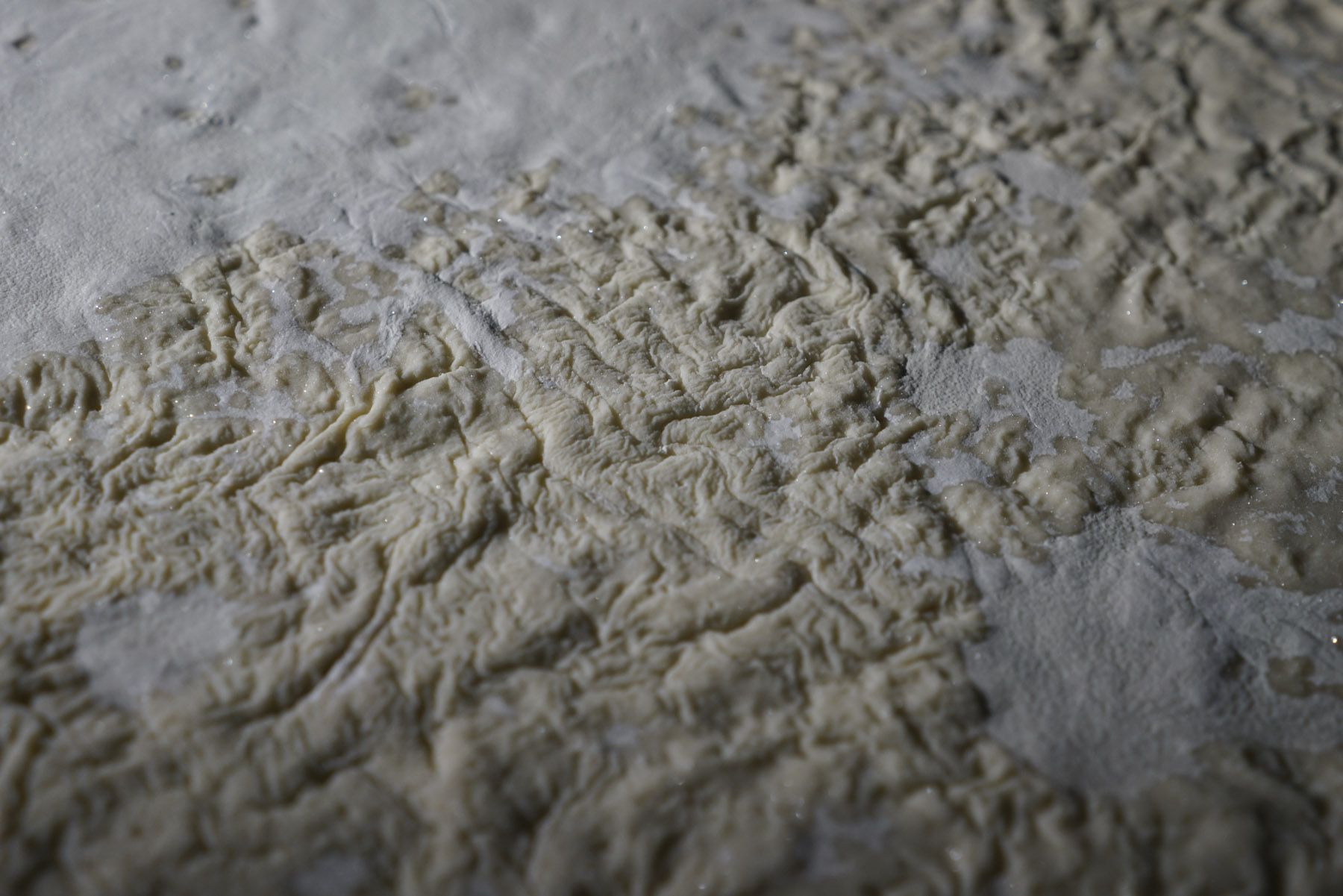
Das erste Kapitel einer Ausstellungsreihe des Atelierstipendiaten Lambert Mousseka
Eröffnung: Freitag, 30. Juni 2023, 19 Uhr
auf der Atelieretage (3. OG) des Künstlerhaus Stuttgart
Lambert Mousseka wird auf der Atelieretage des Künstlerhauses eine Reihe Masken und Formen aus Keramik und Malereien präsentieren. Diese verweisen auf die Haltung und das Befreiungsgefühl der Kunst als einen Raum für Freiheit.
Dabei spielt das Datum der Eröffnung eine symbolische Rolle. Denn am 30. Juni 1960 wurde Lumumbas Unabhängigkeitserklärung für die Demokratische Republik Kongo beschlossen und damit das Ende der Diktatur eingeleitet.
Der Titel der Ausstellung spielt auf die Telefonvorwahl der D. R. Kongos an.
Die Ausstellungsreihe Kinoisserie, Briller et s’Envoler / Leuchten und Abheben fokussiert sich auf den Anfang der Sapologie.
Sapologie ist die Philosophie der SAPE, einer Société des Artistes et de personnes Elégantes (Gesellschaft für Künstler*innen und eleganter Personen).
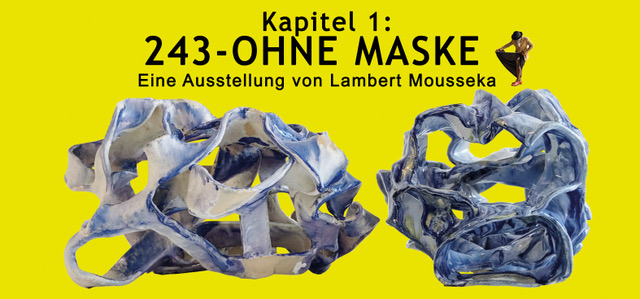
Please join us for two-days of public programming in conjunction with Niloufar Emamifar’s exhibition Ex gratia.
When artists facing barriers to cross-border migration are contracted by art institutions it is too often done on an individuated case-by-case basis without providing the artist transparent guidelines, shared policies, or protective standards. These public programs at the Künstlerhaus Stuttgart respond to this pervasive problem field where legal-economic resources are inadequate and inaccessible for visa-applicant, migrant, displaced, asylum-seeking, and refugee-status artists.
All programs take place on the fourth floor of the Künstlerhaus Stuttgart.
Saturday, June 24, 2023 (3 – 5pm)
Immigration lawyers, Nora Ebeling and Viktor Riad, have drafted a set of practicable guidances for the Künstlerhaus Stuttgart to contract visa-applicant, migrant, displaced, asylum-seeking, and refugee-status artists for project work. Legal counsel will present these specific practicable guidances followed by open discussion. Please note that presentation of the guidances will be conducted in German language while open discussion will be in both German and English.
Nora Ebeling is a lawyer with a focus on migration law at the House of Democracy and Human Rights in Berlin.
Viktor Riad, is a lawyer based in Berlin who founded a law firm which emphasizes migration law, asserting rights for refugees, and residence law proceedings for internationally active artists.
Sunday, June 25, 2023 (1 – 3pm)
Information session and workshop with representatives from Legal Café.
Legal Café Stuttgart is a self-organized project that regularly provides a space where people can drink coffee or chai and at the same time offers free counseling to individuals and groups seeking advice in face of racial profiling, asylum procedures, and/or discrimination broadly. The majority of counselors at Legal Café are from communities with a history of flight and migration. Emphasis is placed on empowering and the power sharing of communities. With different groups/persons involved in the organization who bring distinct perspectives, consultants at Legal Café are trained through workshops/seminars by legal and psychological professionals and experts from the fields of social work and discrimination-critical work.
Sunday, June 25, 2023 (3 – 4pm)
Eric Golo Stone, artistic director, and Juliane Gebhardt, curatorial assistant, provide a public tour in both English and German language of the exhibition Niloufar Emamifar: Ex gratia.
Saturday, June 24, 2023 (3 – 5pm) and Sunday, June 25, 2023 (1 – 4pm)
Künstlerhaus Stuttgart Educators, Thora Gerstner and Ludgi Porto, engage with contributors and audiences in the context of these public programs.
Further information may be found in the pamphlet.
Realized with the generous support of Stiftung Kunstfonds NEUSTART KULTUR and the Institut für Auslandsbeziehungen. Additionally, this project was supported by Callie’s, Berlin, in the form of a production residency.

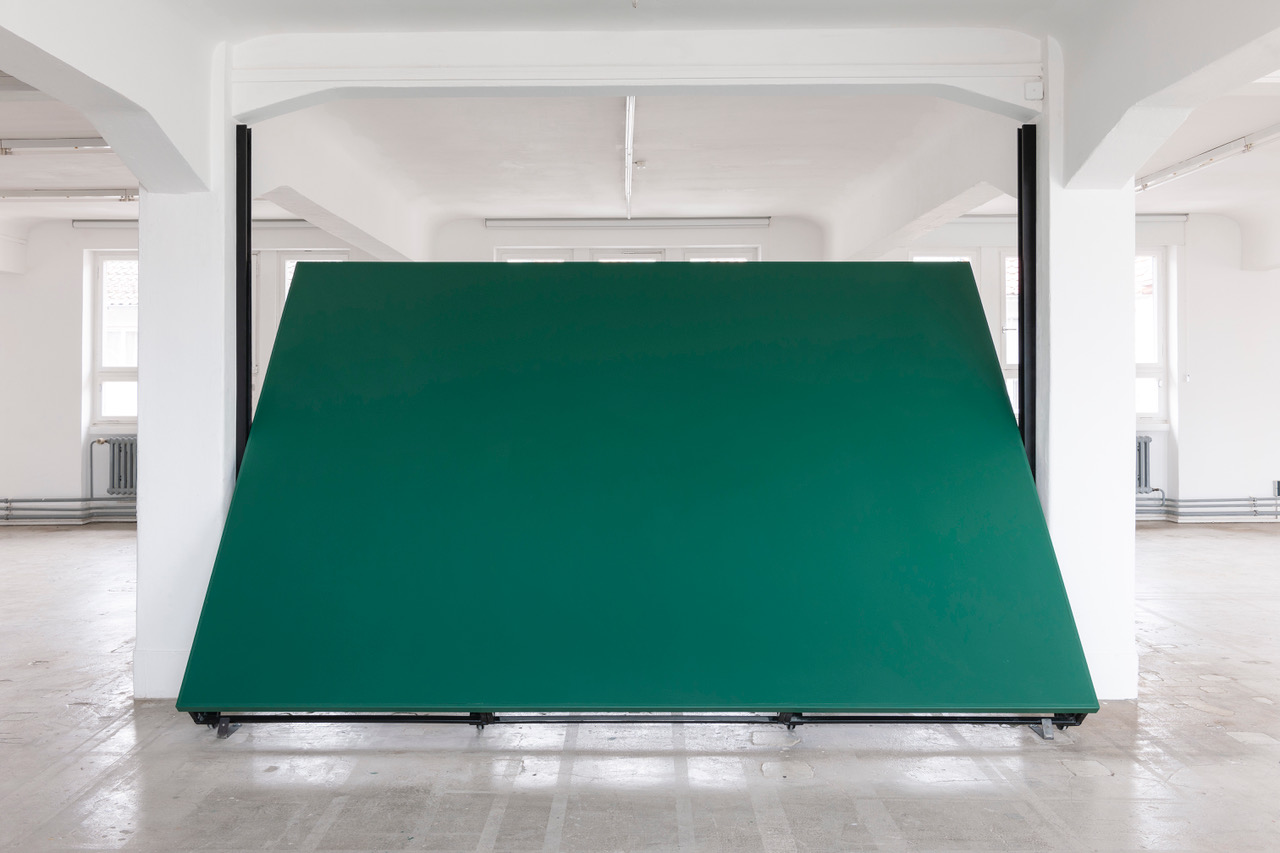
At the 24th Tuesday Workshop, the project space kunst [ ] klima will introduce itself on behalf of Barbara Karsch-Chaïeb and Caro Krebietke.
The project space was founded in 2021 by Barbara Karsch-Chaïeb and Caro Krebietke has been involved since March 2023.
The project space kunst [ ] klima is the first art space in Stuttgart to exclusively show exhibitions on the topic of climate change and sustainability.
The bracket between the terms art and climate is provided with a blank space that opens up a possible space for communication and creates a connection. The blank space preserves openness and flexibility.
Solo exhibitions are shown with works by artists from different fields. The focus is on predominantly scientific themes such as climate, weather, climate change, energy transition, plants, water, earth, earth history, biology, biochemistry, chemistry, artificial intelligence.
The focus of an exhibition is largely on the content level of a work on display and its mediation.
In addition, lecturers are invited to complement the exhibited topics.
At the Tuesday workshop, Barbara Karsch-Chaïeb will report on the development and exhibition projects of kunst [ ] klima since its founding in 2021. She will also give an outlook on future plans and ideas for sustainability and networking with other Stuttgart cultural institutions.
____
Tuesday Workshop
The Künstlerhaus invites an artist or a collective—meaning any artists or cultural workers from any field or discipline—to talk about their working methods as well as their backgrounds and approaches. We want to establish a platform for a more in-depth interaction with regard to artistic practice, and in doing so to create a network, show solidarity, and mutually strengthen one other.
The series is aimed at all members of Künstlerhaus Stuttgart, artists either living in Stuttgart and the surrounding area or just traveling through, all cultural workers, art mediators, curators, etc., and is open to everyone!
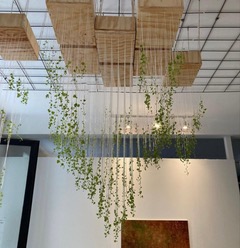
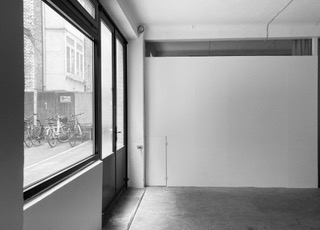
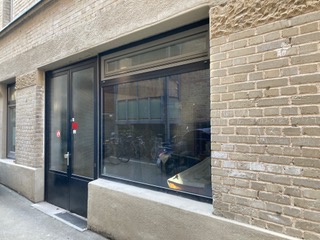
Anna Gohmert is interested in finding a formal language for intimacy without theorising the personal and losing the tenderness or rawness of the private.
Her work is about social justice, challenges of a health nature, generational conflicts and dealing with self-efficacy and powerlessness.
She assigns her artistic practice to the genre of autofiction and engages in personal conversations to delve deeper into the subject matter. She brings together these different aspects, by which she means individual spaces of experience as well as scientific findings, with heterogeneous media as a spatial installation.
Despite the various sources, materials and people, the work is held together by an invisible text that she has penned.
Anna Gohmert will present the current works, which were created in the context of the exhibition Gescheite(rte) Familienplanung, as well as give an insight into the upcoming exhibition Das ist (ja) voll mein Ding.
Participation and accessibility play a role in both groups of works.
The focus of this evening will be on accessibility of art and culture. Gohmert will share her experiences of how costly but also rewarding it is to ask one’s own artwork whether it is accessible in a barrier-free way and how it can be translated into a barrier-free format.
More informations:
IG: @annagohmert
____
Tuesday Workshop
The Künstlerhaus invites an artist or a collective—meaning any artists or cultural workers from any field or discipline—to talk about their working methods as well as their backgrounds and approaches. We want to establish a platform for a more in-depth interaction with regard to artistic practice, and in doing so to create a network, show solidarity, and mutually strengthen one other.
The series is aimed at all members of Künstlerhaus Stuttgart, artists either living in Stuttgart and the surrounding area or just traveling through, all cultural workers, art mediators, curators, etc., and is open to everyone!
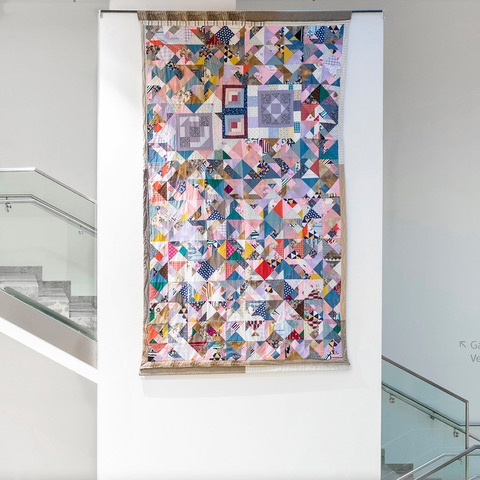
For the artist’s debut exhibition in Germany, Niloufar Emamifar presents a newly produced body of work across both main gallery floors of the Künstlerhaus Stuttgart. Drawing from her study of architecture and consistent attention to the psychosocial dynamics of built space, Emamifar’s exhibition, EX GRATIA, emphasizes site-specific demands on structural capacity in responding to the needs of lived relations. This emphasis on material conditions—the insistence on operative structures—when considering interpersonal experience is a crucial aspect of Emamifar’s ongoing approach to exhibition-making. Her work carefully examines the causative relationships between site, situation, and subjectivity. For Emamifar, while living beings are not determined, they are extremely porous, thereby susceptible to the constructed systems they presently occupy and embody. The artist’s exhibition at the Künstlerhaus Stuttgart is attuned to this vulnerability—the artist leans into the work of exposure within surrounding circumstances, while also recognizing how individuated experience is not ultimately separate from the oppressive structural realities shouldered by many. The conditions encountered by Emamifar in producing EX GRATIA necessitated efforts by the artist to develop lasting structures that could be applicable for future artists working at the Künstlerhaus Stuttgart and at other art sector institutions in the German context.
In contracting Emamifar to produce an exhibition at the Künstlerhaus Stuttgart (KHS), it became apparent that the KHS does not have legal-economic infrastructure in place to be accessible to visa-applicant, migrant, displaced, and refugee status artists/workers. Provisions such as legal counsel support, annual earmarked funds, or staff training devoted to the needs of such contracted workers have not been established at this forty-five-year-old institution. Like many art institutions in the German context and beyond, artists facing barriers to cross-border migration are contracted on a case-by-case basis at the KHS, with no institutional guidelines, protocols, or procedures established in coordination with state laws. In responding to the systemic inadequacies and under-resourced infrastructure at the KHS, Emamifar allocated a portion of her exhibition budget to hiring legal counsel to produce a legal feasibility assessment and draft a set of practicable guidances for the KHS to be capable of working with visa-applicant, migrant, displaced, and refugee status artists.
Rather than solely drawing up an individual work contract, Emamifar tasked legal counsel with producing a shared policy document that could be implemented institution-wide for all future instances when the KHS contracts an artist to come work in Stuttgart, Germany on an exhibition, program, or other limited-term work. Legal counsel organized this proposed framework as a set of modules to anticipate distinct cases where artists are contracted by the KHS, with the emphasis on project-based work rather than full-time employment. While recognizing that jurisdictionally-specific law must account for situational-specificities in different cases, advocates for legal rights also recognize the need for standards of regulation and protection. It is well known how certain doctrines often codify, legitimize, and enforce individual rights at the expense of collective struggles to achieve systemic change. Equitable hiring practices increasingly call for transparent standards, rather than approaching a worker’s contract on an individualized case-by-case basis which often reduces efforts against structural oppression to isolated individual grievances and remediations. In working with potential governance arrangements and legal aid infrastructure, Emamifar’s exhibition grapples with the law as a largely inaccessible system, which has also been shaped by ongoing histories of immigration law, poverty law, labor law and other advocates for greater accessibility and the asserting of rights within a legal order that too often merely codifies what dominant economic authority has qualified as justice. And of course, the law is not a neutral framework of conduct. It is defined.
While committed to effectively redefining foundational and underlying structures, Emamifar is ambivalent about the role of artists as short-term workers who engage in capacity-building for the long-term prospect of an art institution. There is real danger for artists as project-based laborers when they intervene in governance structures of hosting institutions. Artists are left economically destitute, foreclosed upon, or discarded, when they operate beyond their expected role by attempting to intervene in institutional administration. This danger is precisely why Emamifar has brought in key collaborators—legal counsel—to take on a substantial behind-the-scenes and public-facing role in engaging with the structural conditions of the institution. Emamifar’s exhibition includes a built stage where representative legal counsel, Nora Ebeling, will give a public presentation on the practicable legal-economic guidances for the KHS to utilize when contracting visa-applicant, migrant, displaced, and refugee status artists. Emamifar’s decision to construct a platform for Ebeling’s public presentation of this proposed legal-economic infrastructure underscores vital interrelated questions for the artist: What are the risks of visibility and platforming—of representation— when seeking to actualize lived political realities? What does it mean for Emamifar to assign Ebeling with the public-facing work of exposure and education in confronting audiences with the structural imperatives for visa-applicant, migrant, displaced, and refugee status workers? To what extent will this legal-economic framework serve as both an internal and outward facing policy, offering everyday considerations that are specific to the KHS, as well as reproducible models of institutional conduct that challenge the inequitable, exclusionary, and discriminatory hiring practices so prevalent in the art sector at large?
The title of Emamifar’s exhibition, Ex gratia, refers to the term as used in a legal context for a payment that is made not out of legal obligation but because the circumstances justify it. It is a kind of standard practice recognized by the law that is irregular, a legally recognized consideration that is extra-legal. Ex gratia payments are morally justified but legally unsanctioned—that is, they are a means of recourse potentially more exacting than those mandated by law. Emamifar’s exhibition includes a fully executed agreement between the artist and KHS that governs the storage of materials owned by the artist within a safe deposit box located on the fourth floor of the KHS for as long as KHS rents the building at its current location. A key provision of this agreement is that Emamifar may grant an assignee access to any of the many safe deposit boxes the artist has made available. In the event that the artist grants an assignee access to a safe deposit box, all terms and conditions of the agreement apply to the assignee just as they do to the artist. This signed agreement is included in the exhibition pamphlet.
Program
05/06/2023 (7pm)
Opening reception
06/24/2023 (3-5pm)
Nora Ebeling, legal counsel, public presentation and workshop at the Künstlerhaus Stuttgart
06/25/2023 (3-4pm)
Information session and workshop with representatives from Legal Café
06/25/2023 (3-4pm)
Eric Golo Stone, artistic director of the Künstlerhaus Stuttgart, gives a tour of the exhibition open to the public
Realized with the generous support of Stiftung Kunstfonds NEUSTART KULTUR and the Institut für Auslandsbeziehungen. In addition, this project was supported in the form of a production residency by Callie’s, Berlin.


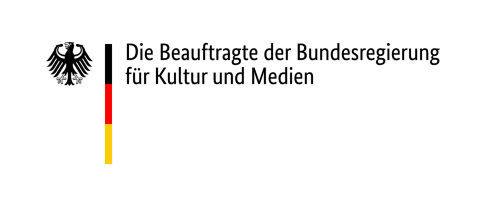

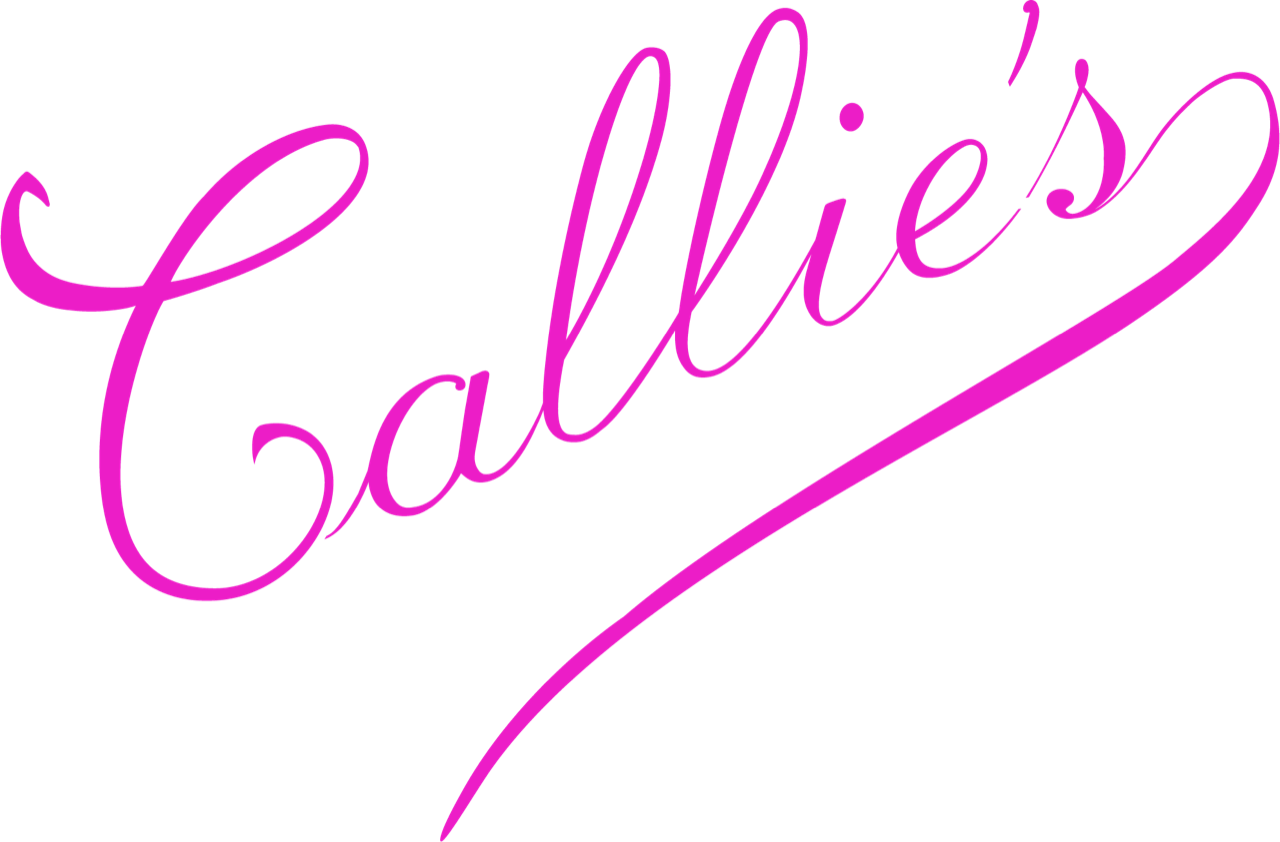
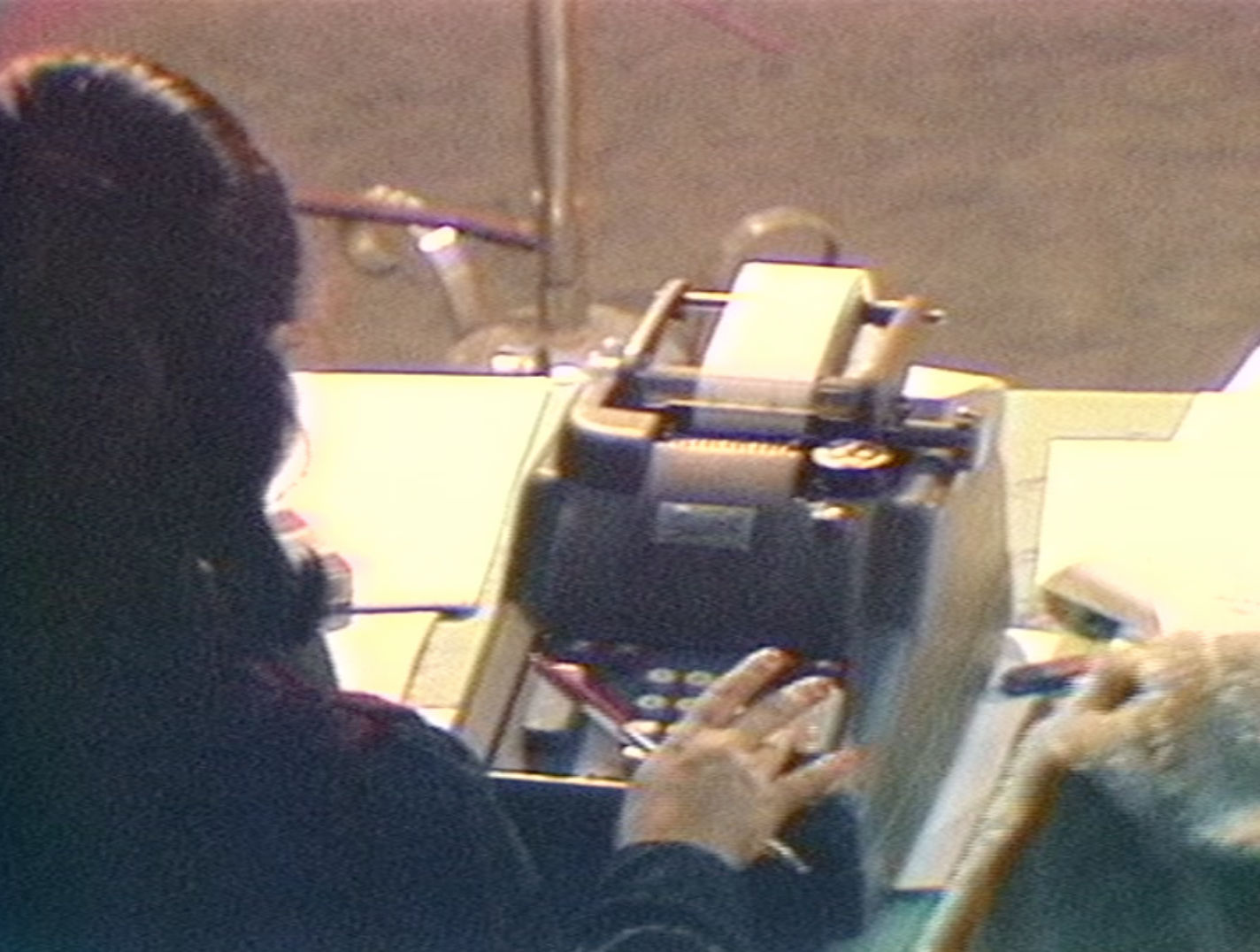

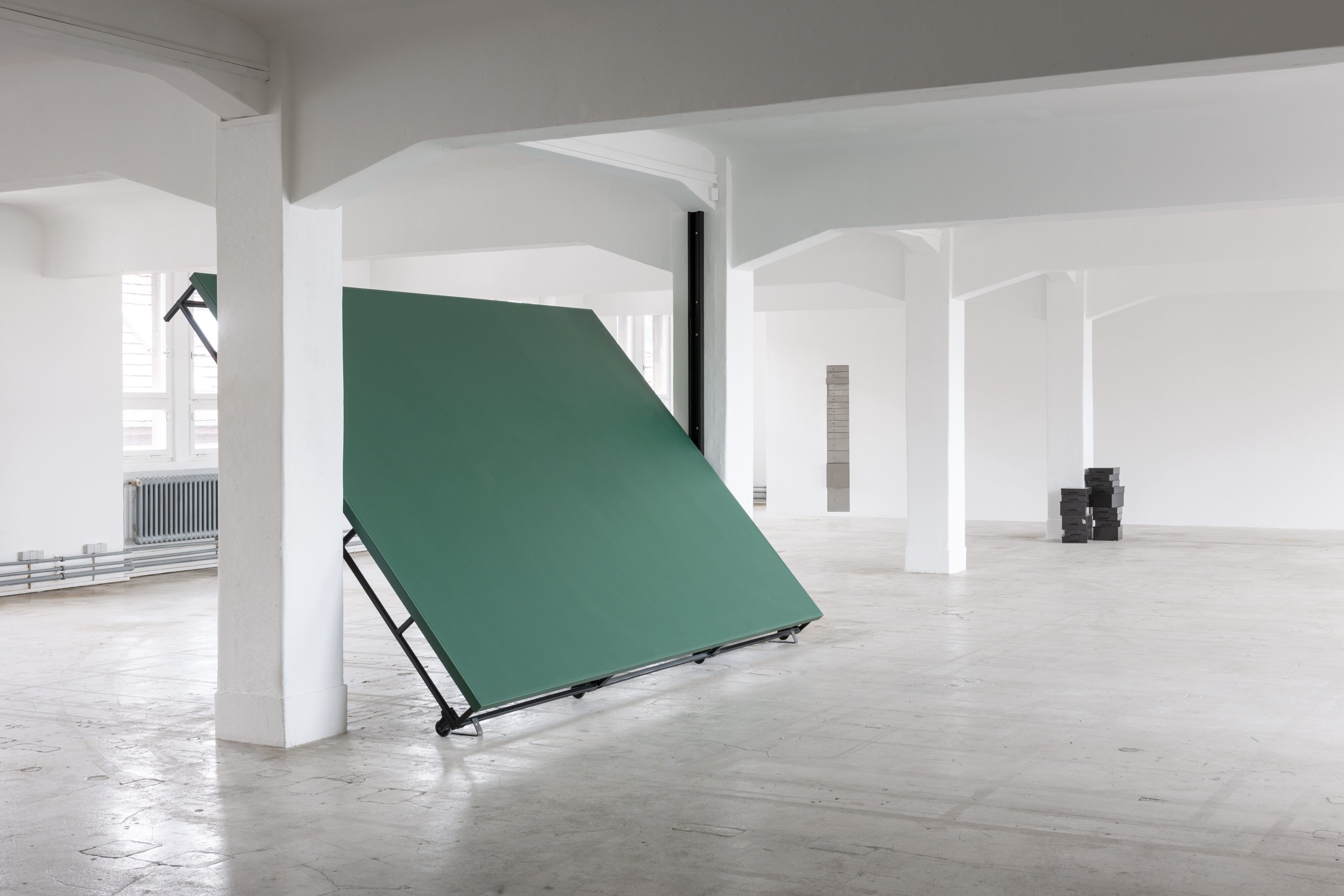

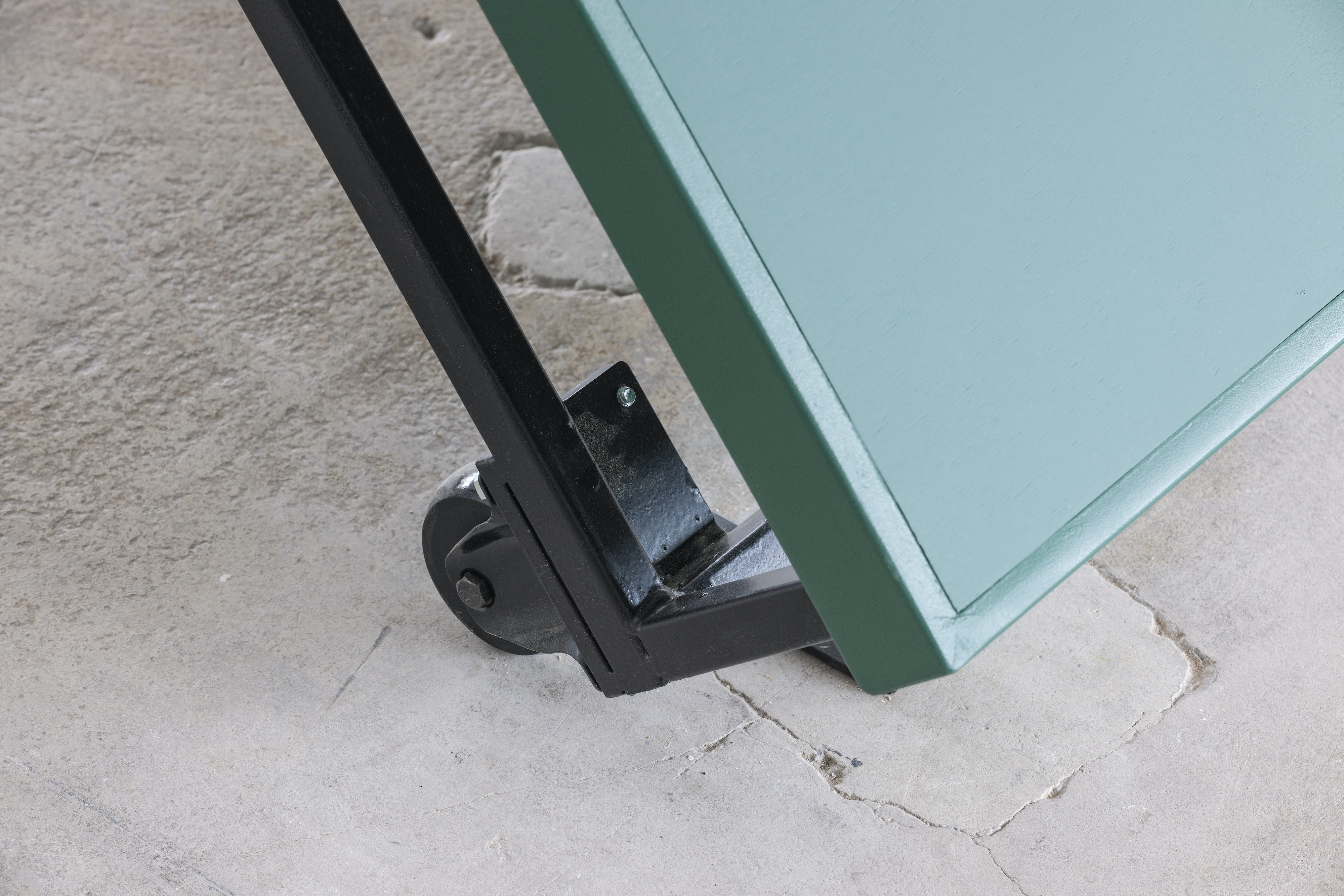
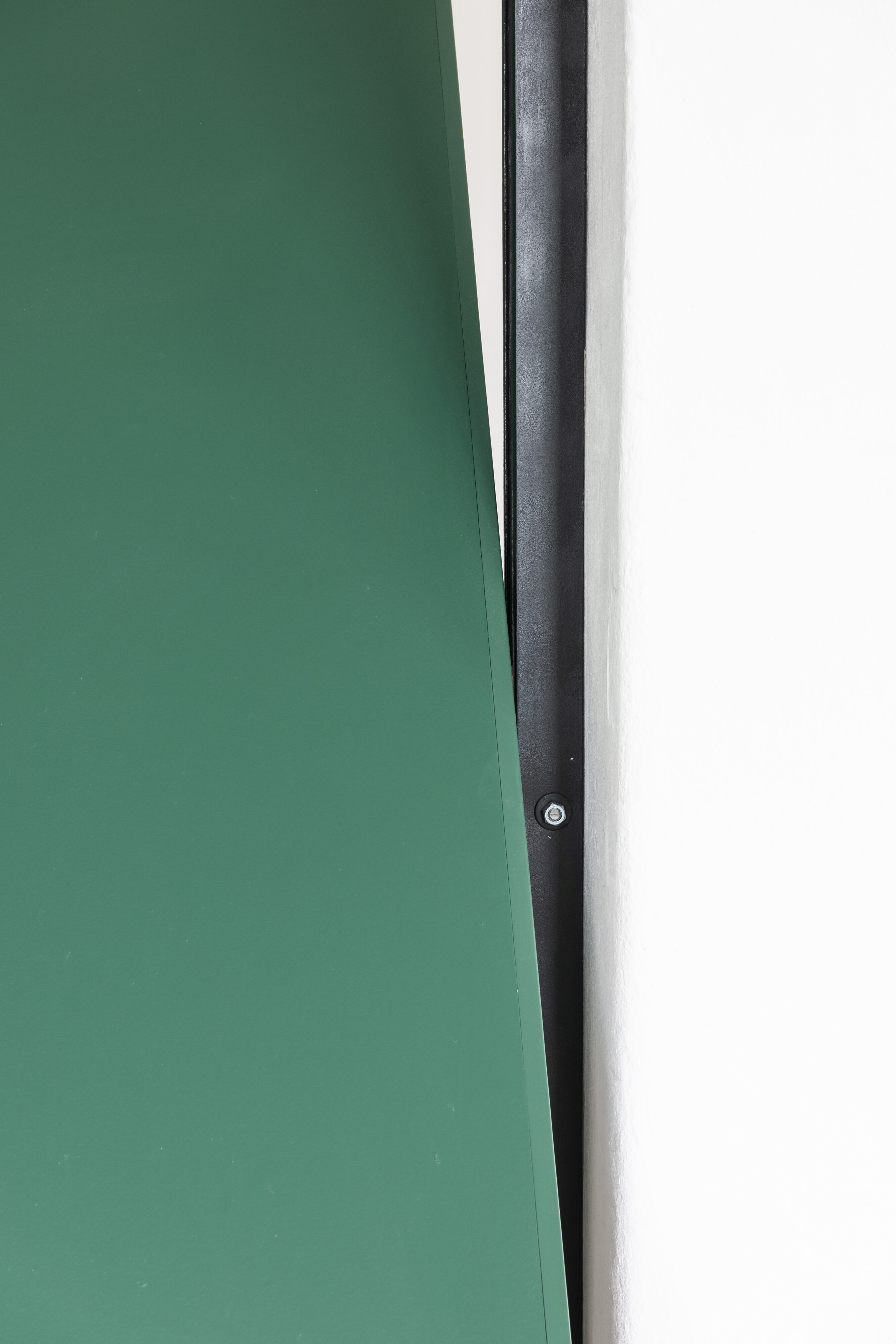

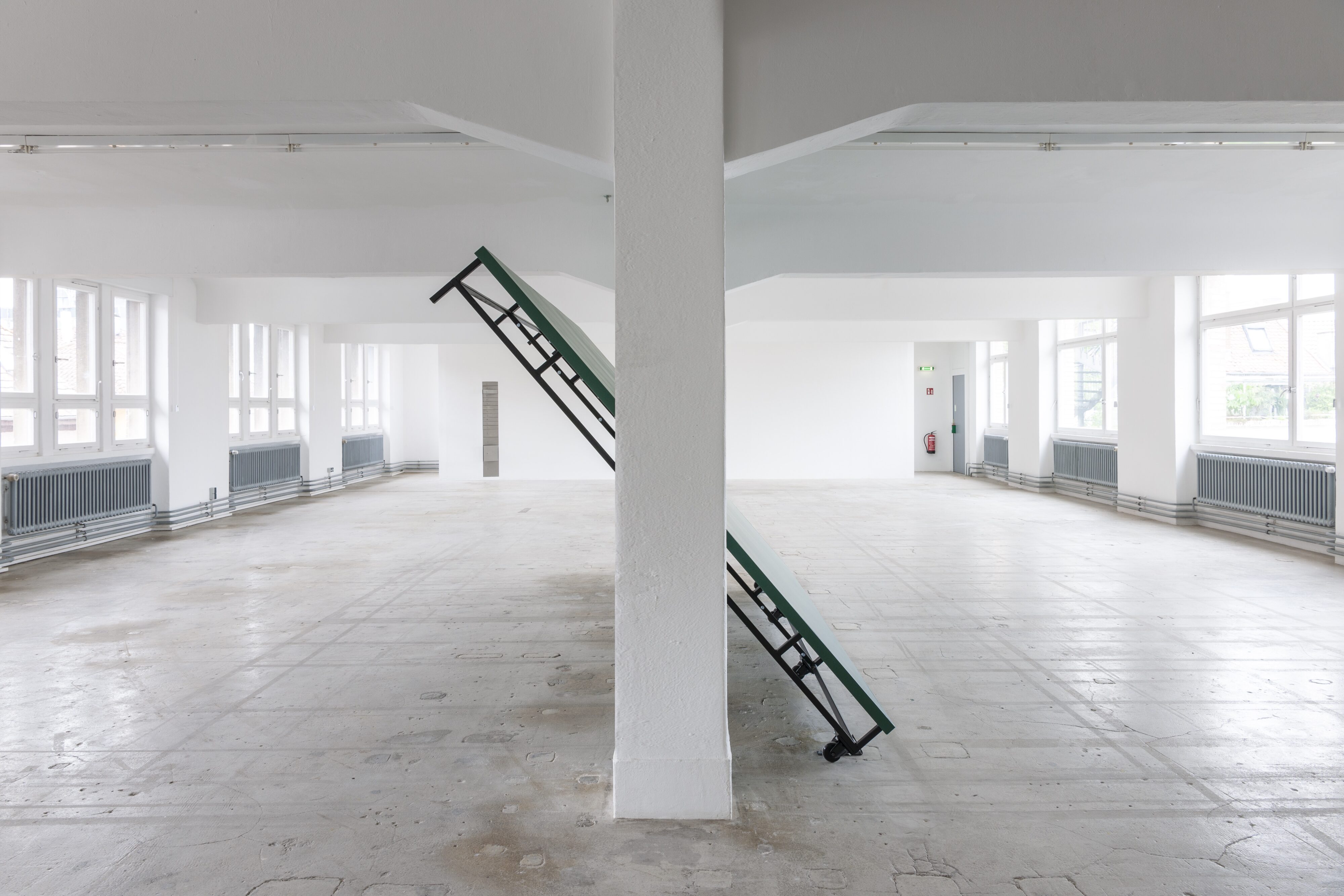
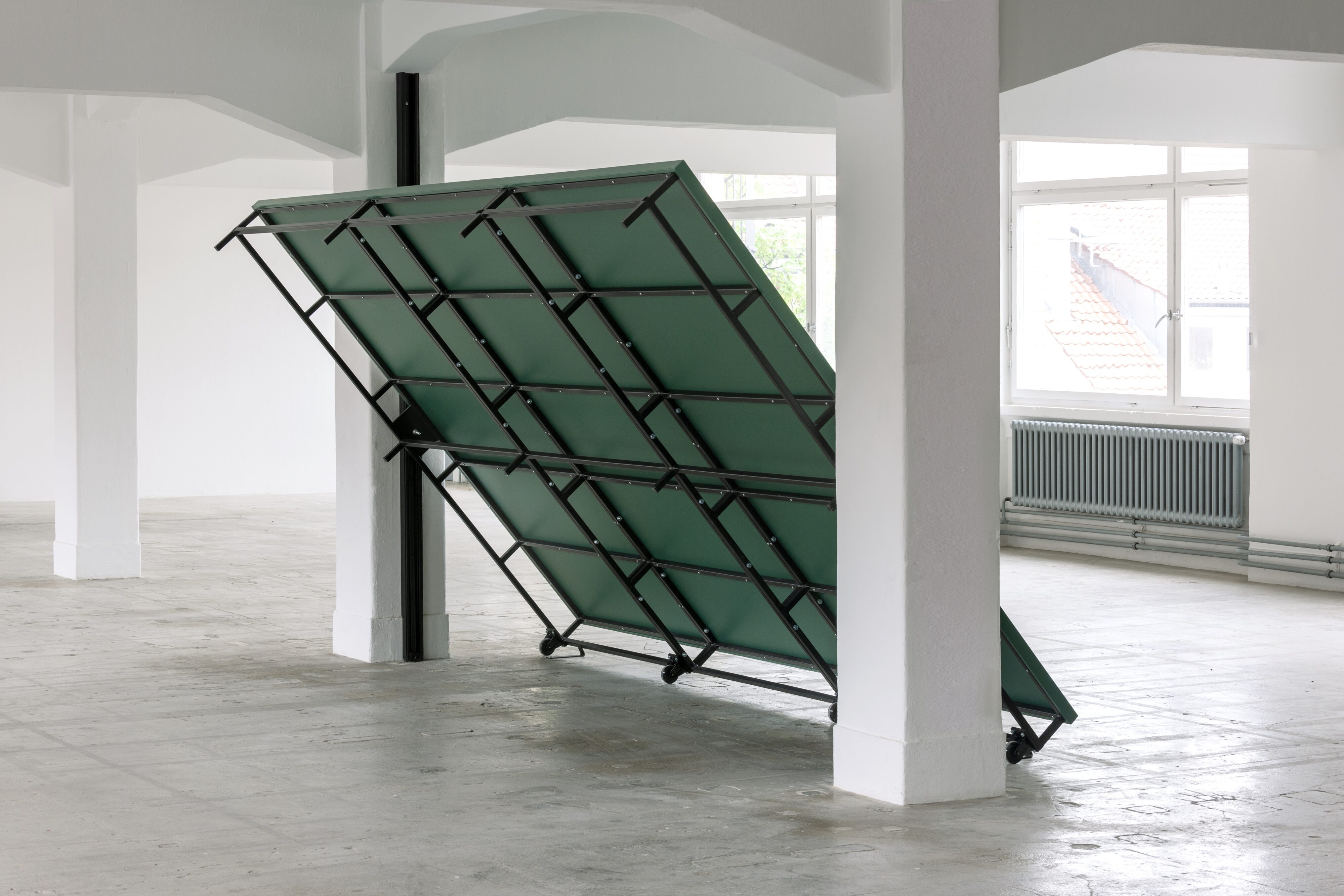
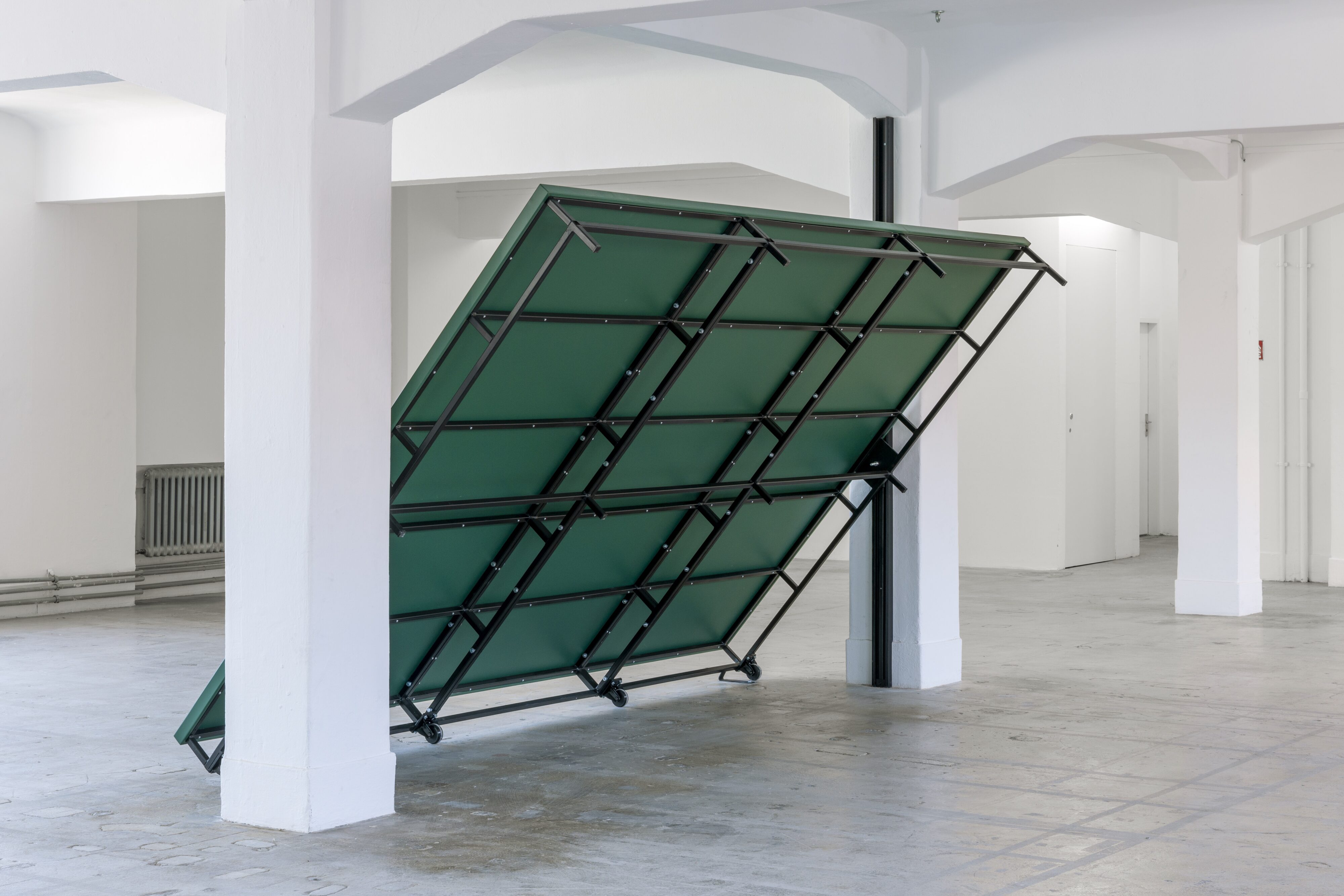


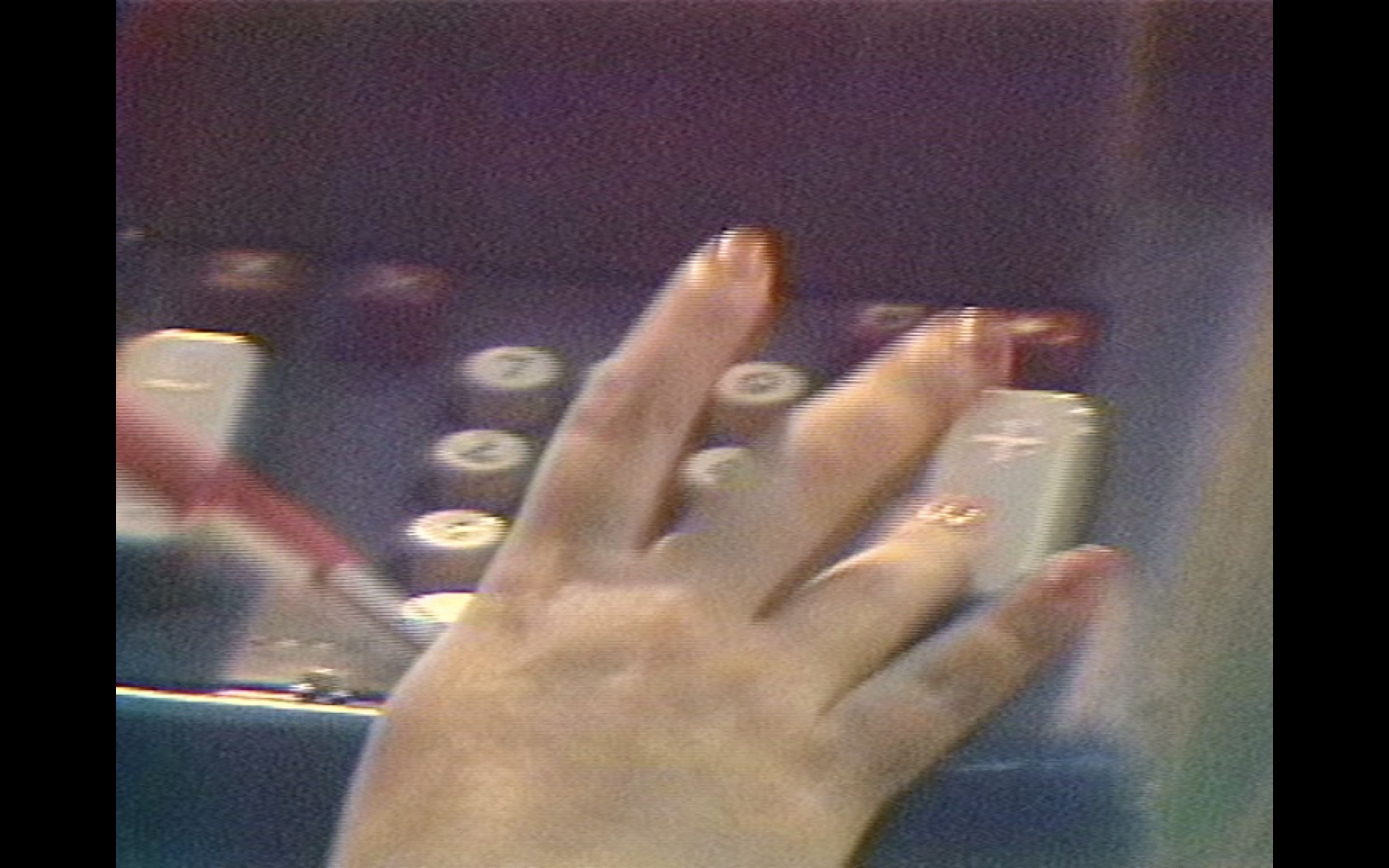
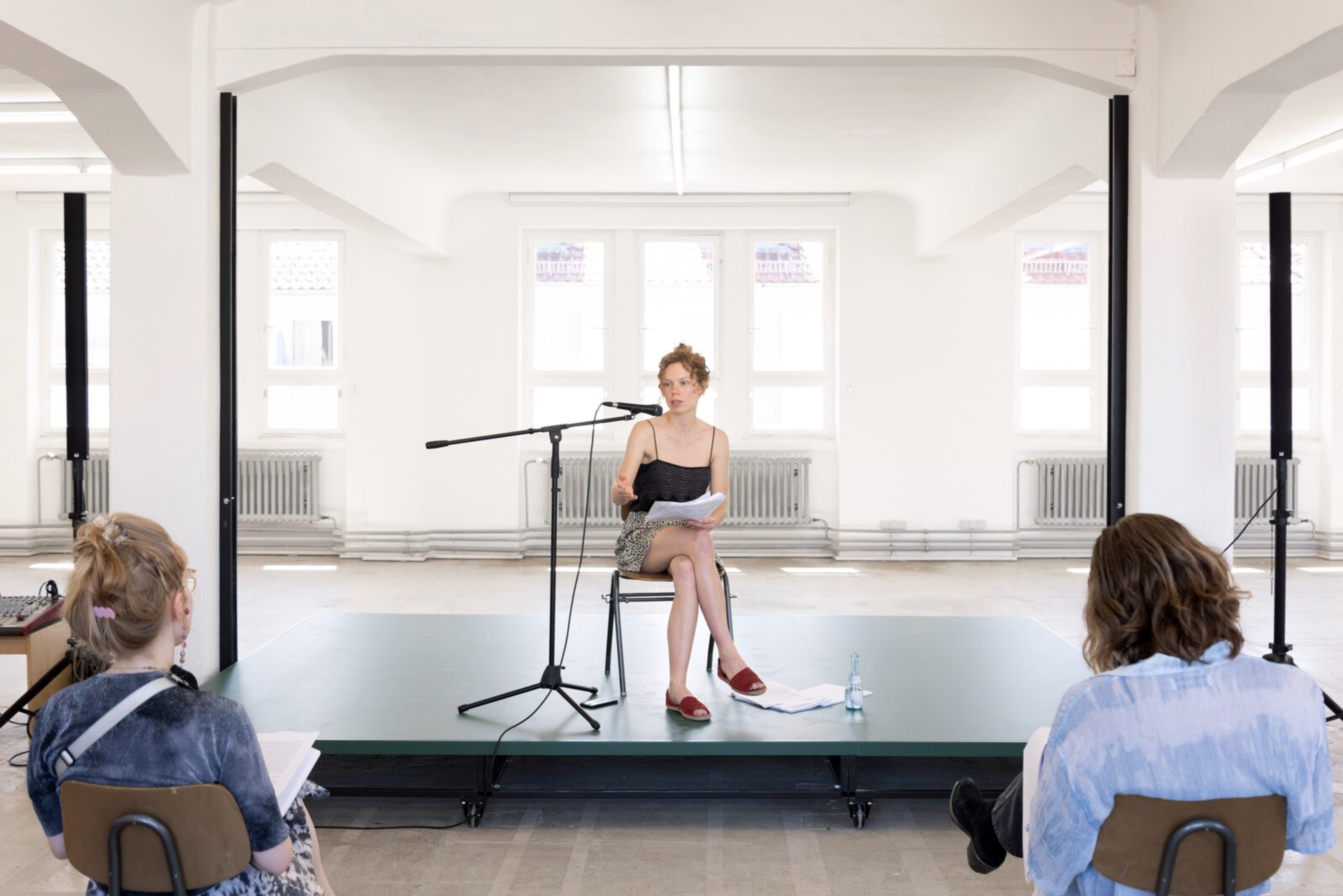
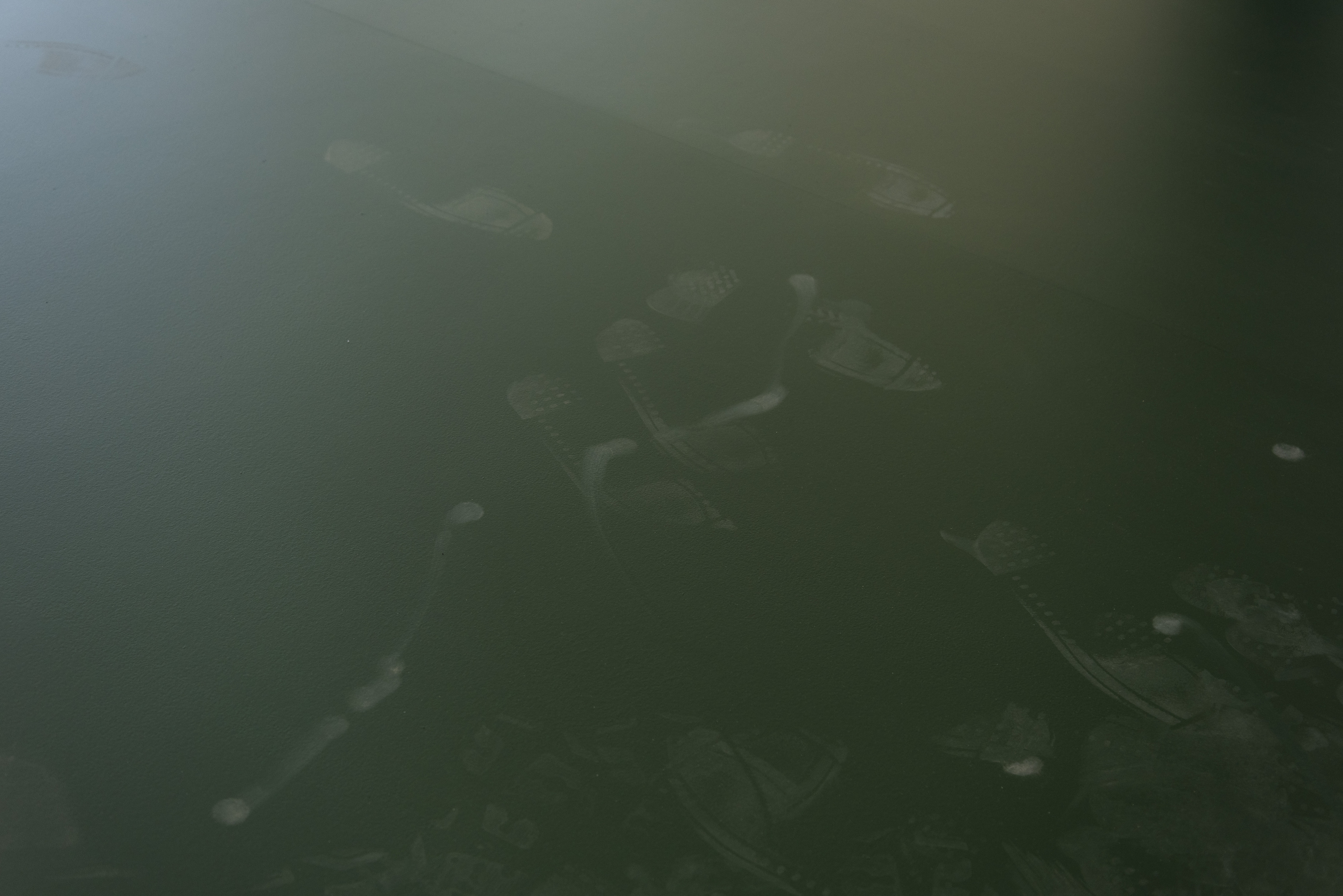
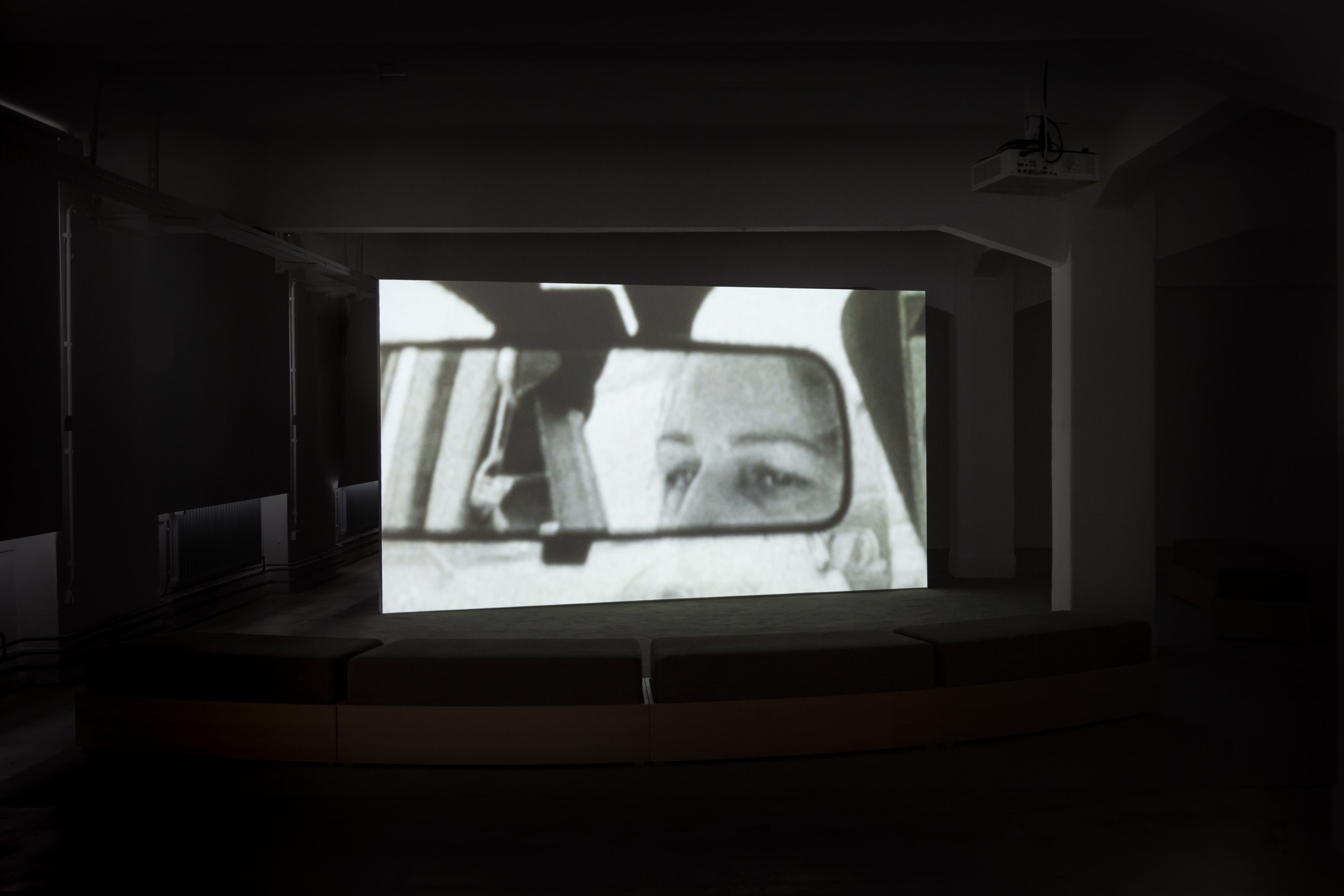
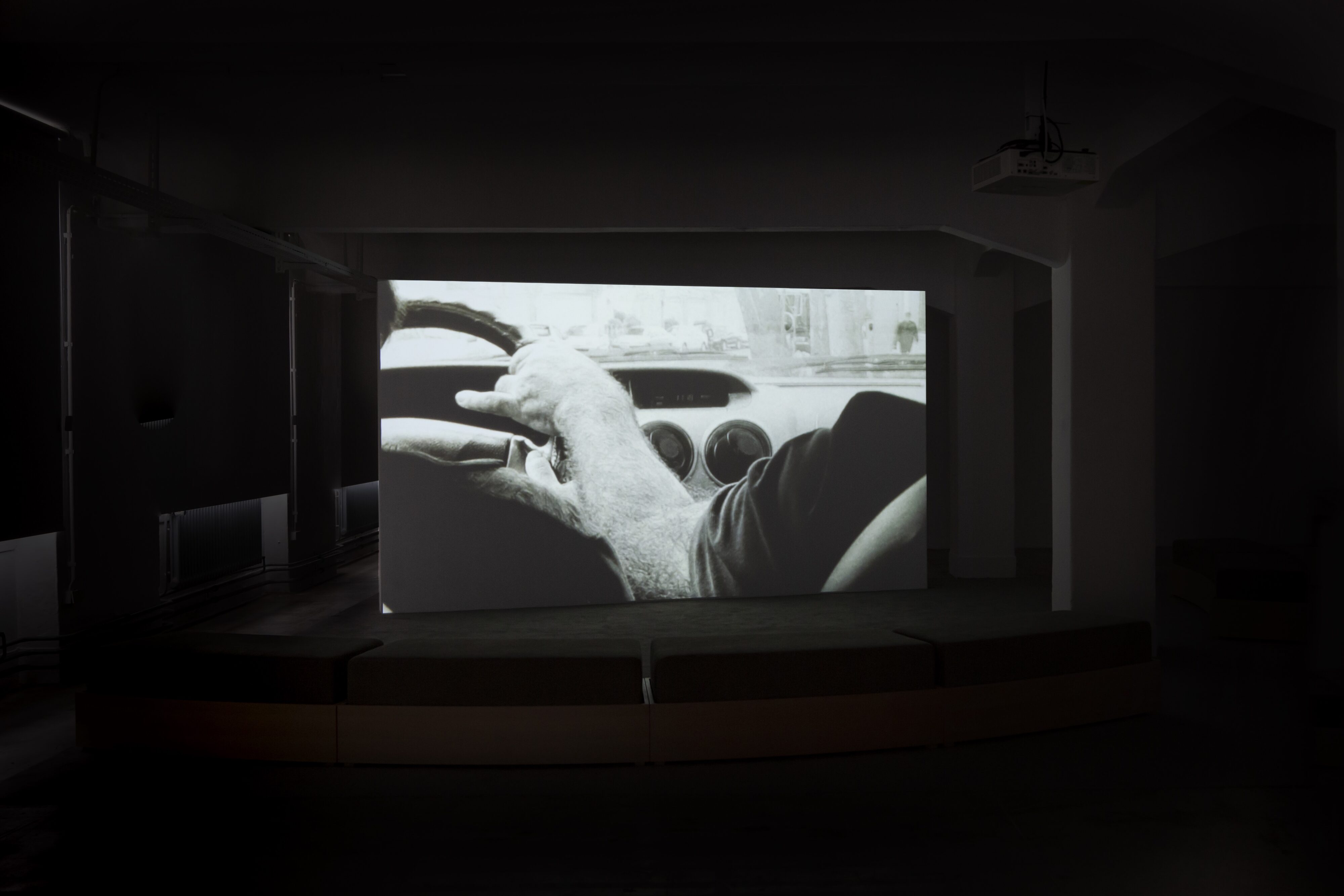
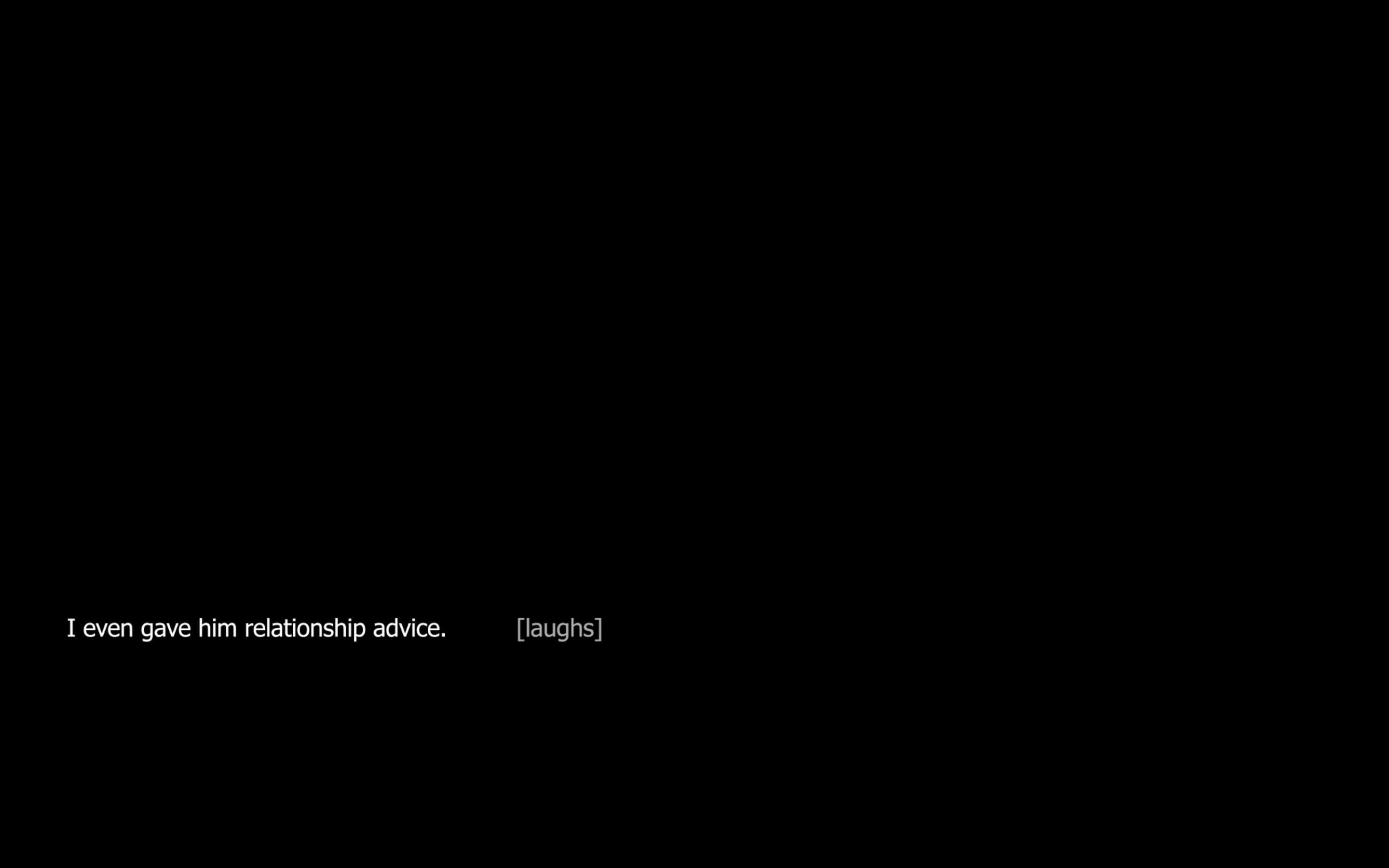
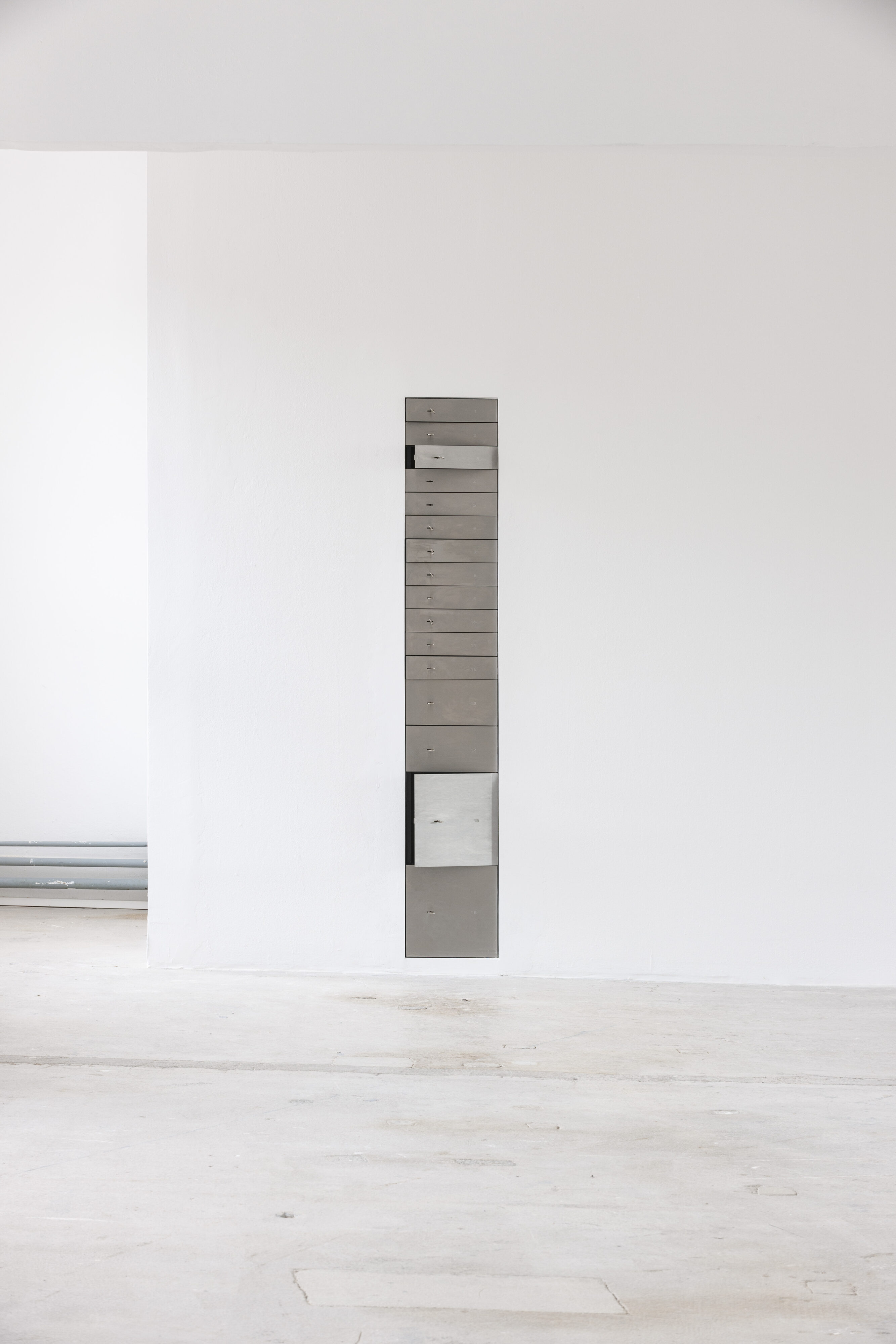
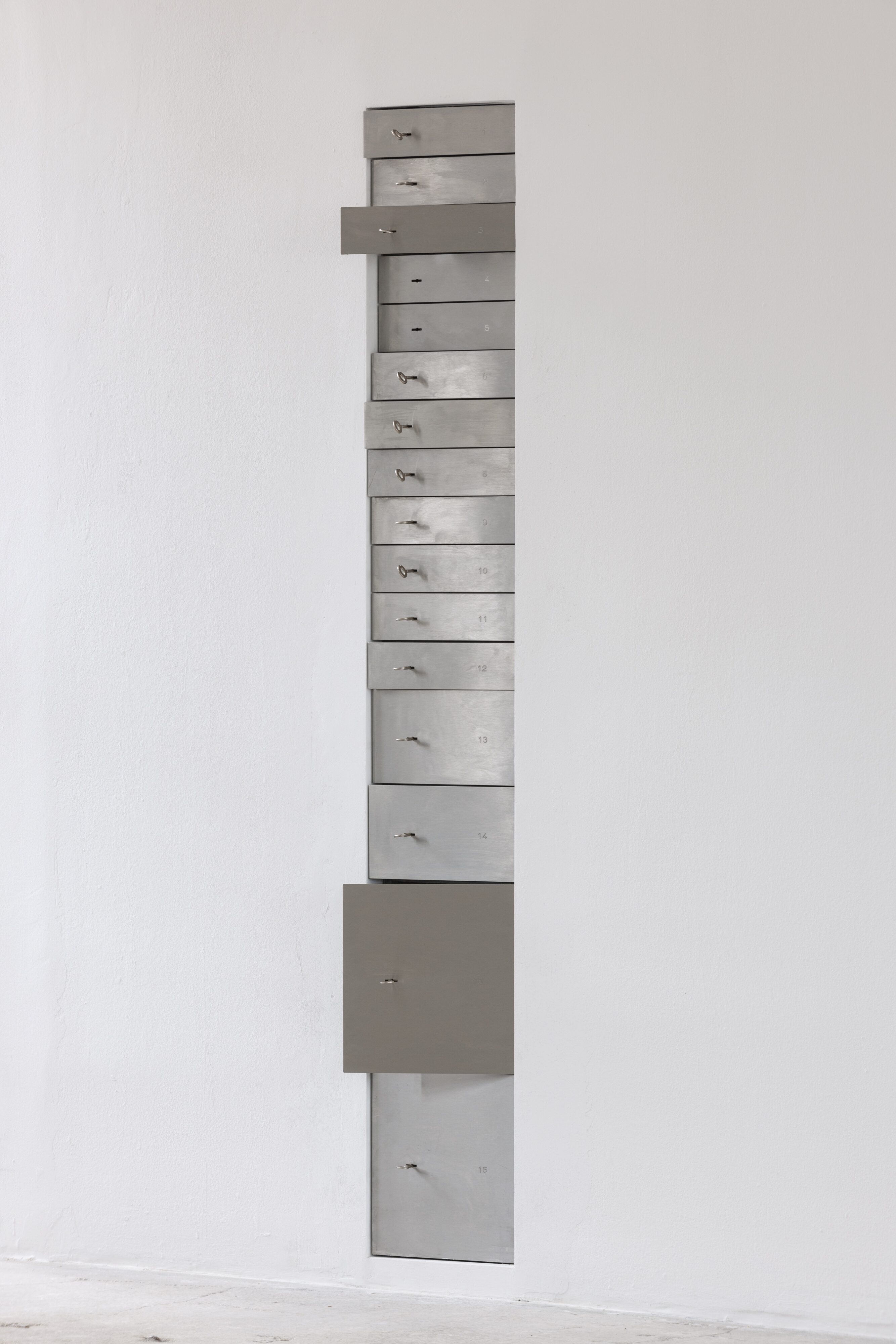
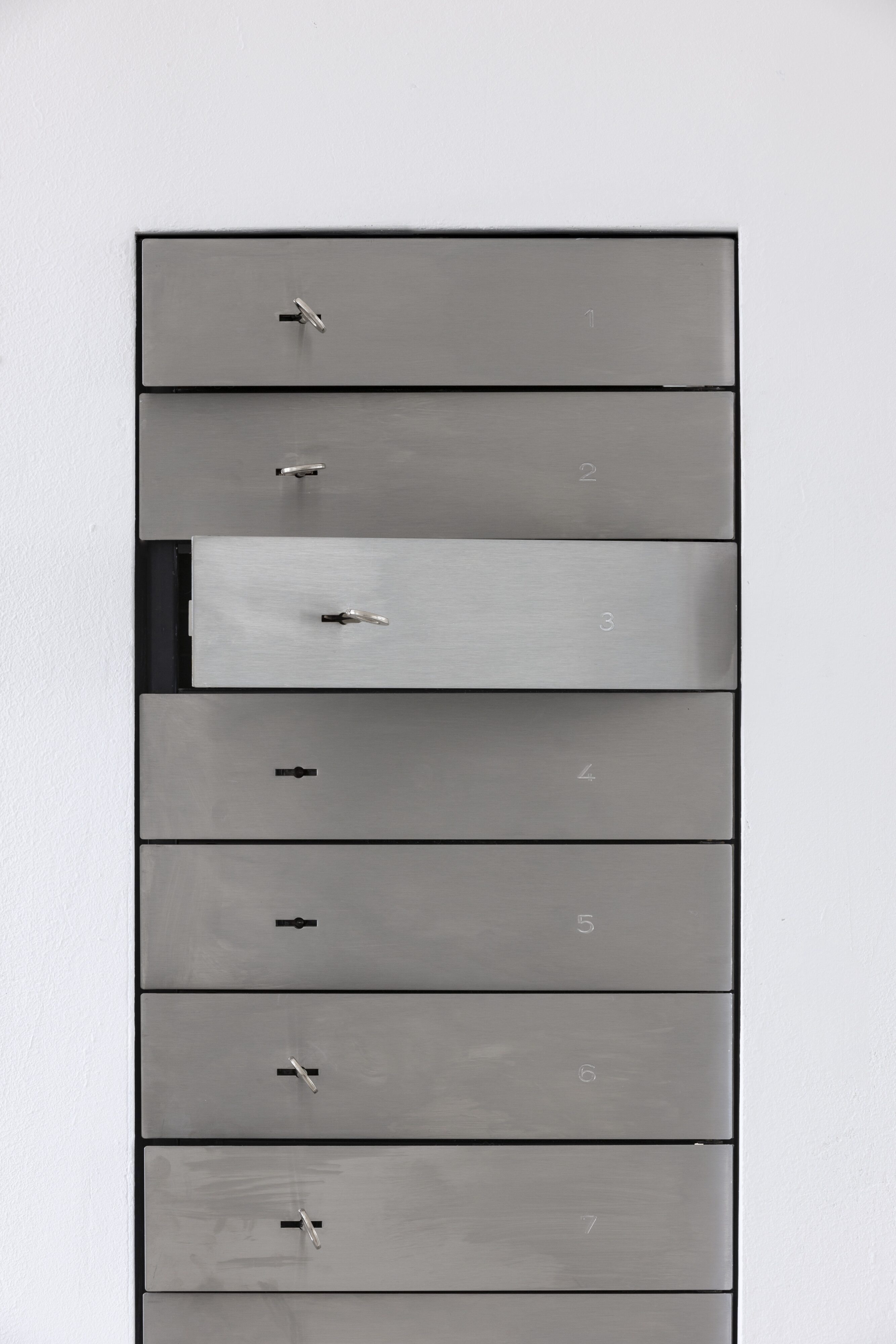
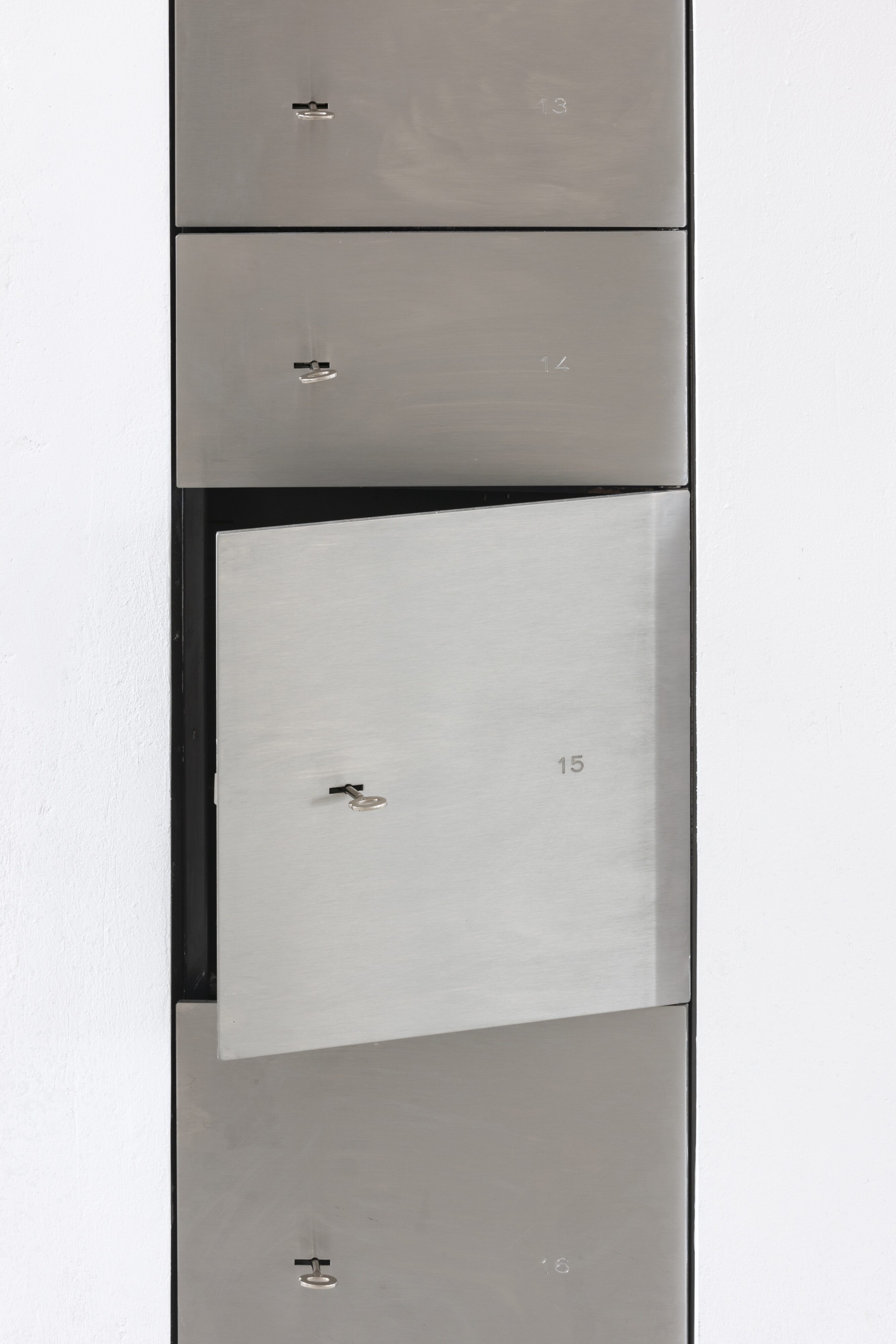
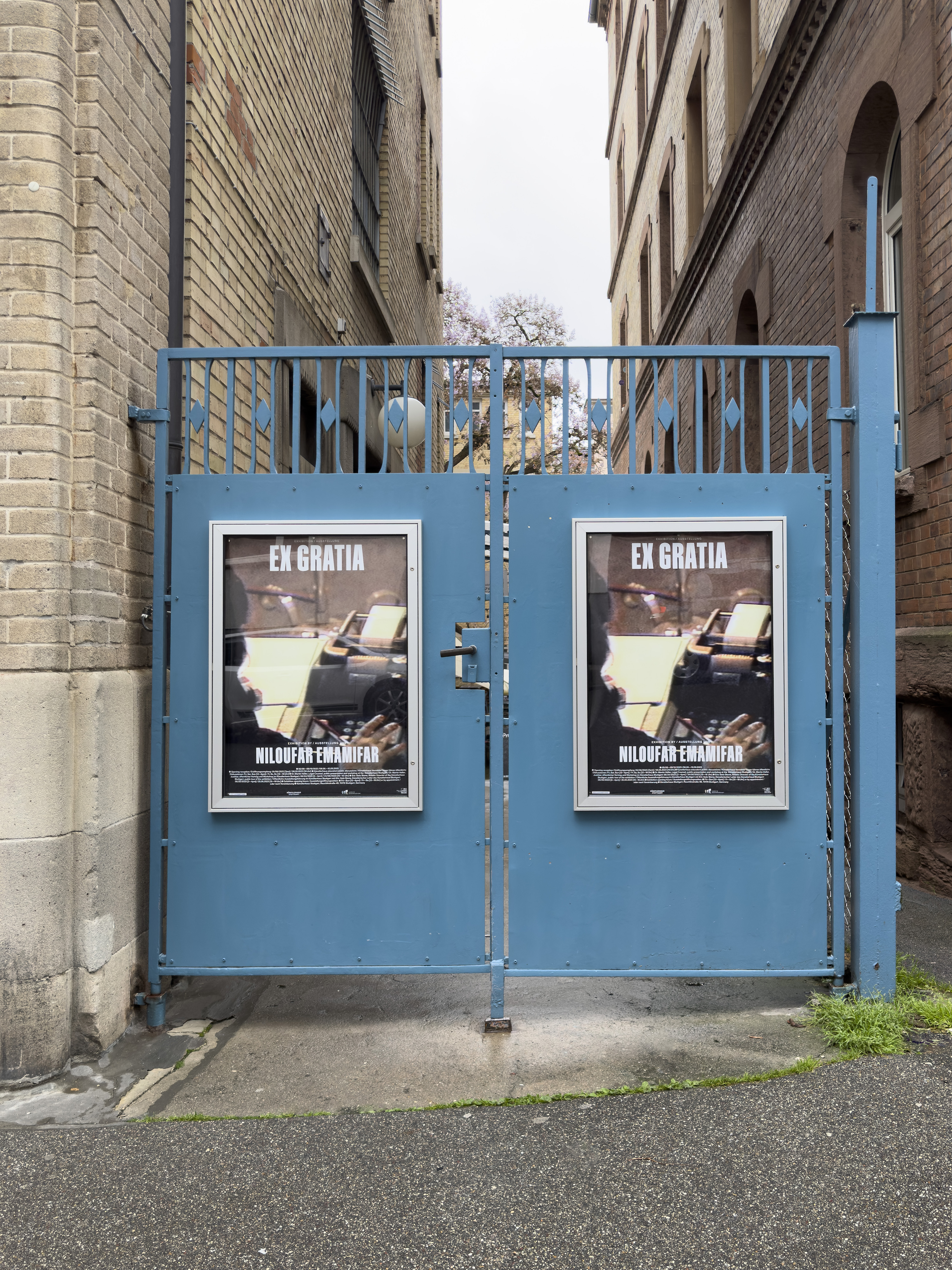
The next meeting of the Fourth Organ will take place on 4 May.
At this meeting there will be no dedicated topic focus, but we will get together for a casual exchange over a few drinks.
The meeting point is in the Künstlerhaus on the 2nd floor at 7 pm.

33 Träume (Dreams)
Book presentation and talk with Chris Mennel
In the Tuesday workshop, Chris Mennel talks about events that have taken place around his book “33 Träume” – the project idea, the affection for his own homepage, the remoteness of Instagram and Facebook, the book trade, marketing goals and wilful naivety in book sales.
“33 Träume” is an art book that includes texts and poems by the artist as well as photo paintings he has created, and is now cause to go on a promotional tour, because the books cannot be ordered on Amazon, but only from the artist himself.
At the beginning of 2022, Chris Mennel discovered a box of darkroom pictures from the last 20 years and presented them on camera. These images can also be found in the book, together with an imaginary 33rd, a black image and texts that were created to accompany the images.
On the one hand, the small print run of the book combines the joy of having an art book printed in a small edition at a fair price; on the other hand, it also goes hand in hand with a distance to museum shops and bookstore chains and thus less attention from the press.
To get around this, social networks are served by Mennel through a chatbot and populated with content and the artist’s name. The chatbot draws on seasonally appropriate photos from recent years and thus repositions what was already posted years ago.
The art book is accompanied by the domain 33träume.de.
The Tuesday workshop is moderated by Florian Model, artist, member of the advisory board and head of the video workshop.
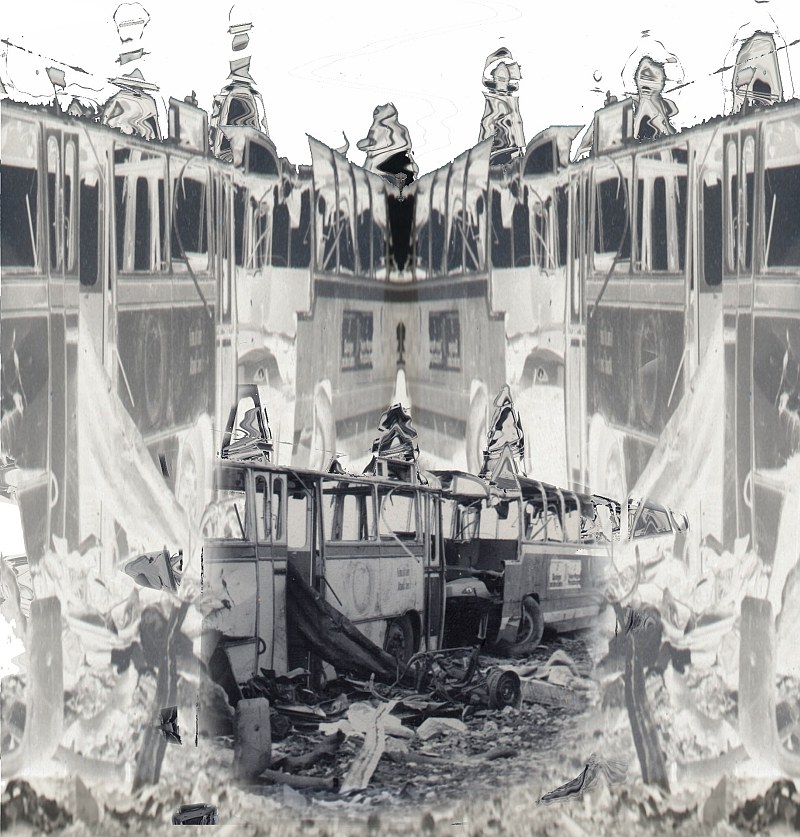
The topic for the next meeting of the Fourth Organ is the Guideline for Dealing with Discrimination, Harassment and Violence, which a working group consisting of parts of the Board, Advisory Board and staff of the Künstlerhaus have developed over the last two years.
On Tuesday, April 04, 2023 at 7 p.m., the Advisory Board will present the guideline to members on the 2nd floor.

Organized by the Center for Native Arts and Cultures in collaboration with the Künstlerhaus Stuttgart, this project convenes a two-day open working group to reflect on a process of land reclamation that led to the creation of the Center for Native Arts and Cultures. These in-person group discussions are supported by an accompanying reader, a video work entitled Never Settle: The Program by New Red Order, live performance works by Tiokasin Ghosthorse and Allison Akootchook Warden, a document collection and archive presentation, as well as supplemental programs organized by Künstlerhaus Stuttgart Educators.
The program will be held in English. If needed, Juliane Gebhardt, curatorial assistant at Künstlerhaus Stuttgart, will translate into German.
All events take place on the second floor of Künstlerhaus Stuttgart.
Schedule:
Friday March 31
7pm – 9pm
Working Group Reader Launch
Food and drink
“Never Settle: The Program” video work by New Red Order on view
Welcome remarks from Eric Golo Stone (Künstlerhaus Stuttgart), Lulani Arquette and Reuben Tomás Roqueñi (The Center for Native Arts and Cultures)
Spoken word performance by Allison Akootchook Warden
Saturday April 1
1pm – 2:30pm
Introductory remarks by Eric Golo Stone and Healoha Johnston, Director of Cultural Resources, and Curator for Hawaiʻi and Pacific Arts and Culture at the Bernice Pauahi Bishop Museum (Editor of Working Group Reader and Organizer of Working Group)
Working Group Session 1
2:30 – 2:45pm
Break
2:45 – 4pm
Working Group Session 2
Sunday April 2
Fourth Floor Gallery
12 – 12:45pm
Flint Jamison public tour of the artist’s exhibition, “Masterworks on Loan, 2020, 2022″
Second Floor Gallery
1 – 2:30pm
Working Group Session 3
2:30 – 2:45pm
Break
2:45 – 4pm
Working Group Session 4
5pm
Closing performance by Tiokasin Ghosthorse (musical piece and unlearning colonization work)
This project is supported by an Innovationsfond grant from the culture ministry of the regional government of Baden-Württemberg.

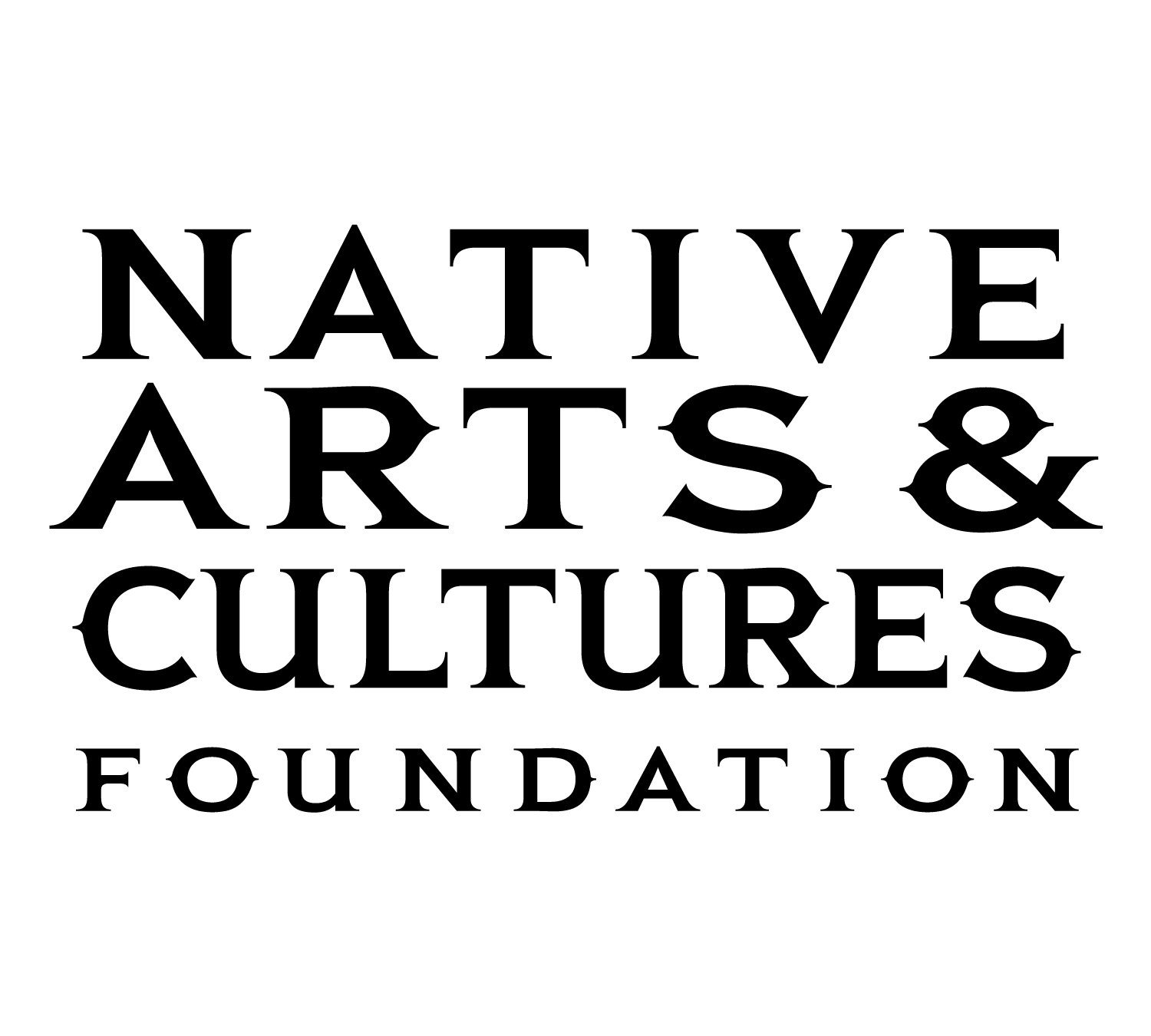

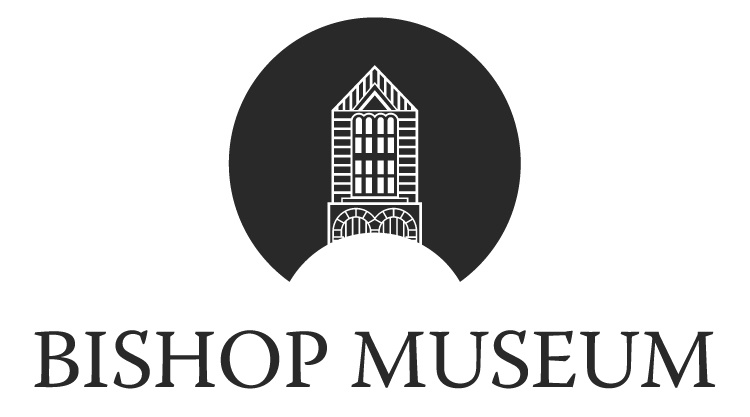
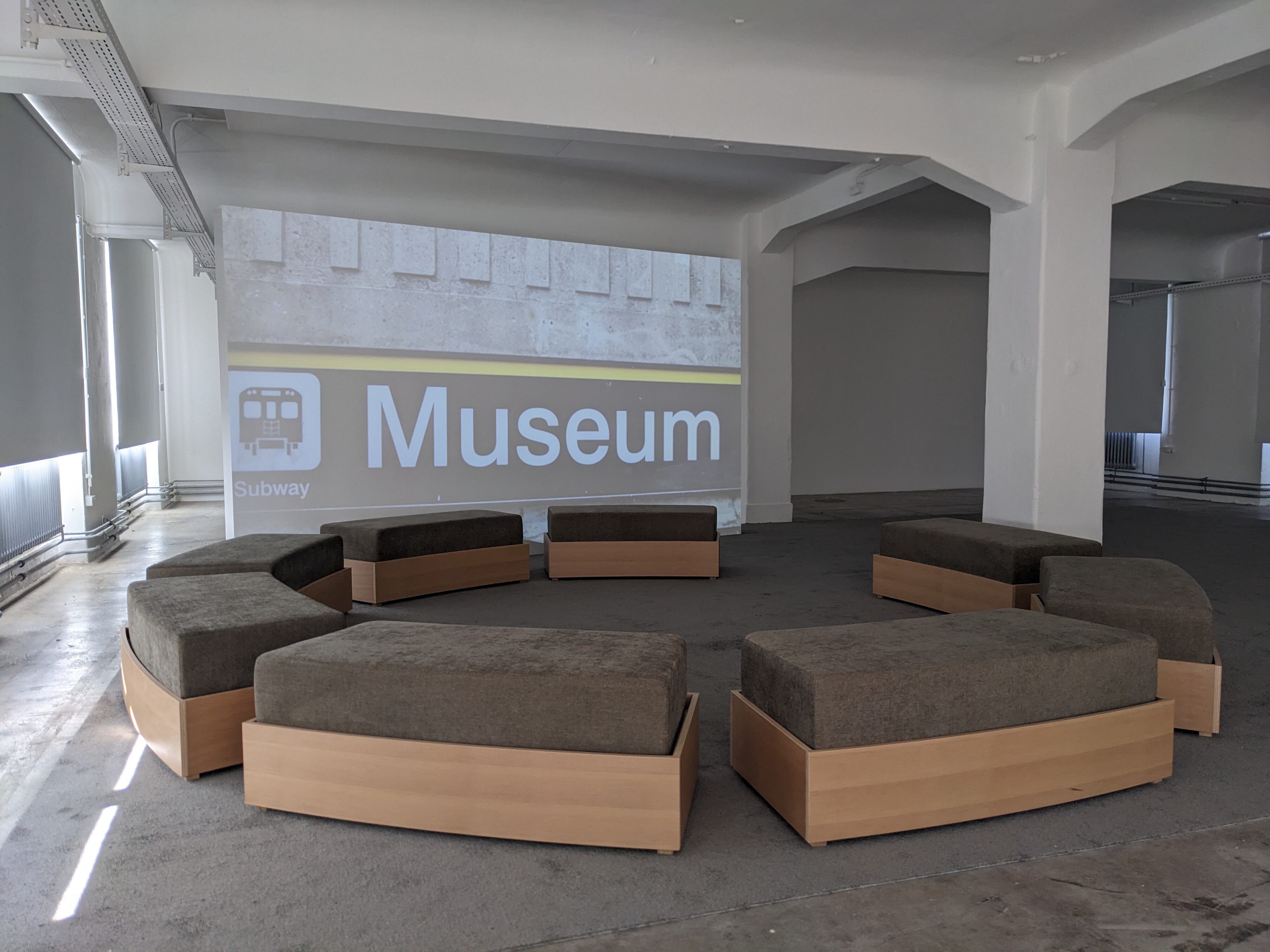
On Saturday 25 March 2023 from 6 pm – 1 am there will be the opportunity to take part in various events on the four floors of the Künstlerhaus:
1st floor and workshops on the ground floor:
6 pm – 1 am Hourly percussion performance by studio scholarship holder Eva Dörr in the sound studio.
6 pm – 1 am Open workshops (ceramics, screen printing, etching, lithography, relief printing)
2nd floor:
6 pm – 1 am Hourly video screening Never Settle: The Program by New Red Order in the exhibition Convenings on Land Reclamation by The Center of Native Arts and Cultures (Oregon, USA).
3rd floor:
6 pm – 1 am The studio holders Florian Glaubitz, Alba Frenzel, Lambert Mousseka, Mona Zeiler, Lennart Cleemann, Janis Eckhardt, Lena Meinhardt, Ekaterina Surgutanova and Elena Trutieva show artistic works and performances in the studios, the staircase and the common room of the studio floor.
4th floor:
8 pm and 10 pm Curatorial tours in German and English through the exhibition Masterworks on Loan, 2020, 2022 by Flint Jamison.
Tickets cost 22 €, concessions (trainees, students, pupils) 16 €, children up to 6 years have free admission.
Advance ticket sales for the Long Night of the Museums will take place from 24 February at
www.lange-nacht.de, under the ticket hotline 0711/601717 30 and at all advance booking offices in Stuttgart and the region.
Box office tickets are available at all participating houses. Pre-sale tickets will be converted into a ticket band at the box office the first time you visit a house.
The Long Night Ticket entitles you to free use of all trams, S-Bahns and buses in the VVS network from 12 noon.
More information at www.lange-nacht.de, the information and ticket hotline 0711/601717 30 and at the information stand on Schlossplatz between Landesmuseum/Altes Schloss and Alter Kanzlei (from 25.03., 3 pm).




Algorithm-based camera surveillance
Film screening and talk
with Martin Mannweiler
Documenting a video surveillance project by the Mannheim police – a pilot project introduced in 2017 to monitor public spaces. The monitored areas of Mannheim are considered criminal hotspots. Cameras are intended to defuse the situation by ensuring rapid police intervention when criminal acts are observed. Work is currently underway to enable algorithms to recognize specific movement patterns and signal possible criminal acts.
In addition to the analytical presentation of the surveillance project in Mannheim, the following topics will be addressed on a general level: criminal hotspots and threat situations, panoptical surveillance, private generation and public provision of image data, security and fear, global crises and the associated need to control the local. Likewise, other cities that rely on camera surveillance projects are exemplified – including Stuttgart.
By looking at the initial stages of camera surveillance projects, can considerations be formulated that will prevent or curb rampant mass surveillance of public spaces in European metropolises such as London or Paris in the future?
Film: Martin Mannweiler
Graphics: Mark Julien Hahn / Stereo Typefaces
Music: Björn Castillano
Film and talk in German language
Gefördert von
Stadtlücken, Stuttgart
Mofa – Mannheim´s Ort für Architektur
Kulturamt, Stadt Stuttgart
Ministerium für Wissenschaft, Forschung und Kunst Baden Württemberg
Danke für die Freundliche Unterstützung
ato.vision, Württembergischer Kunstverein, Kunsthalle Mannheim, Stadtzimmer der Kunsthalle Mannheim, Rimini Protokoll, Künstlerhaus Stuttgart

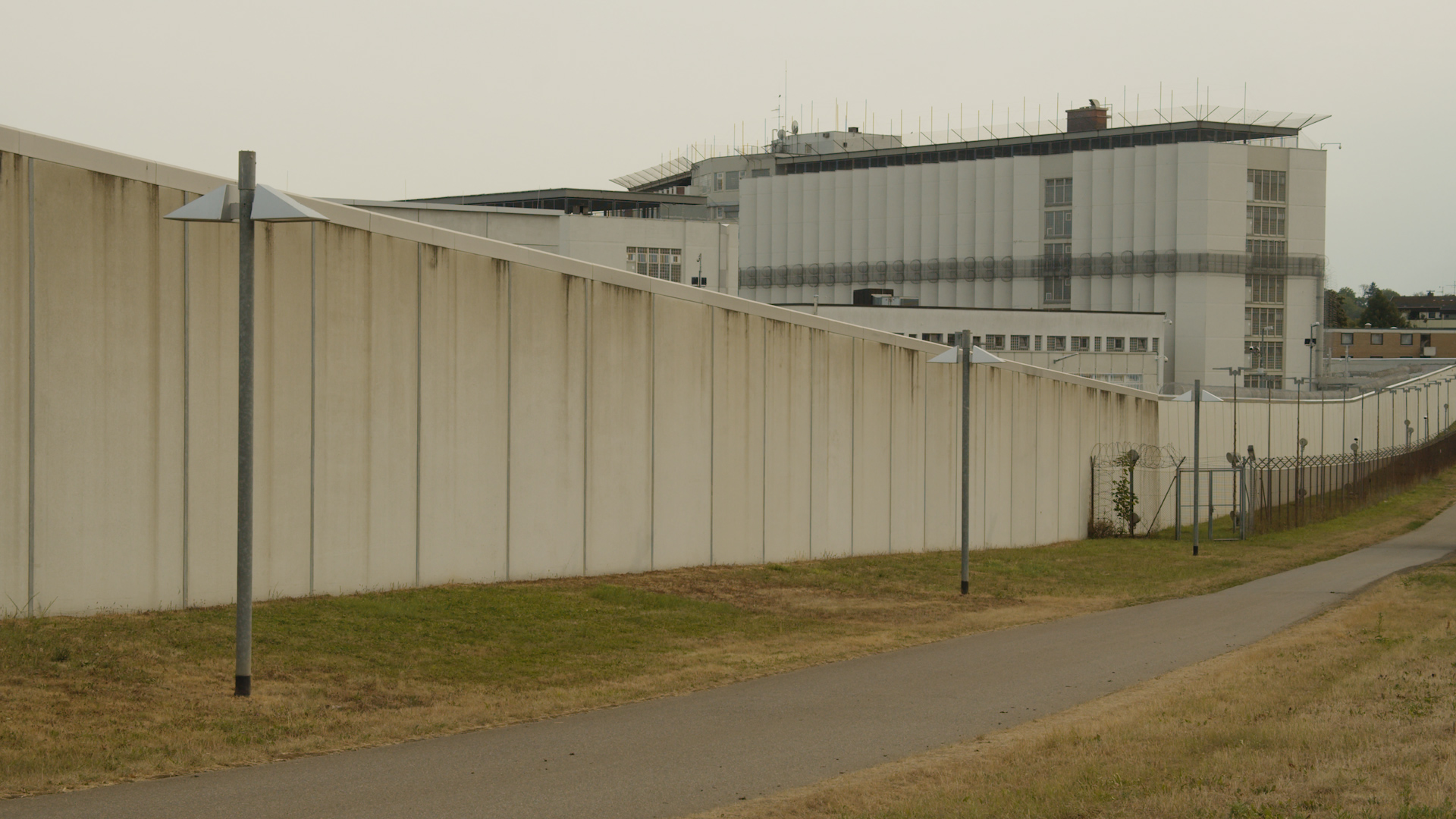
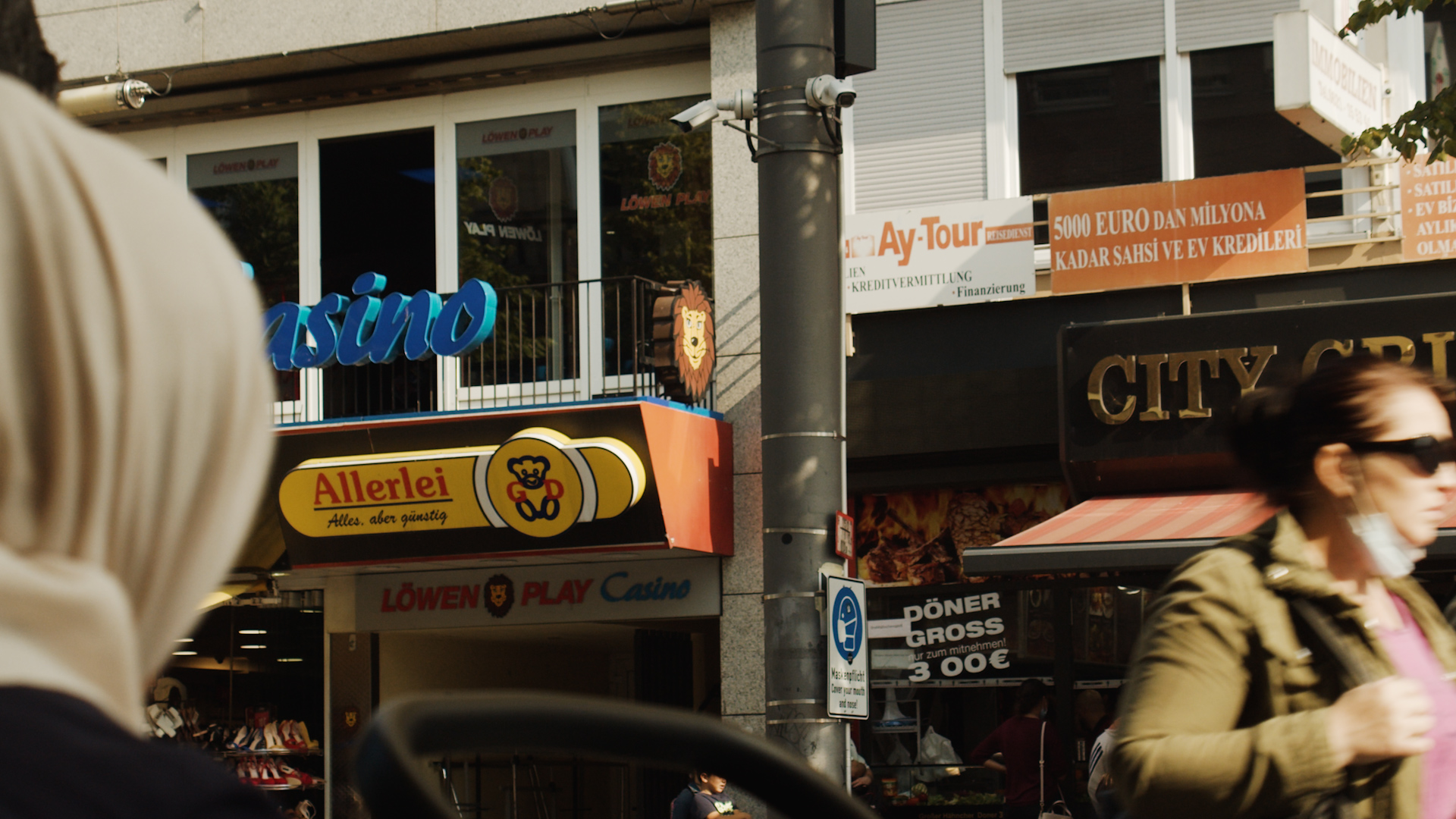

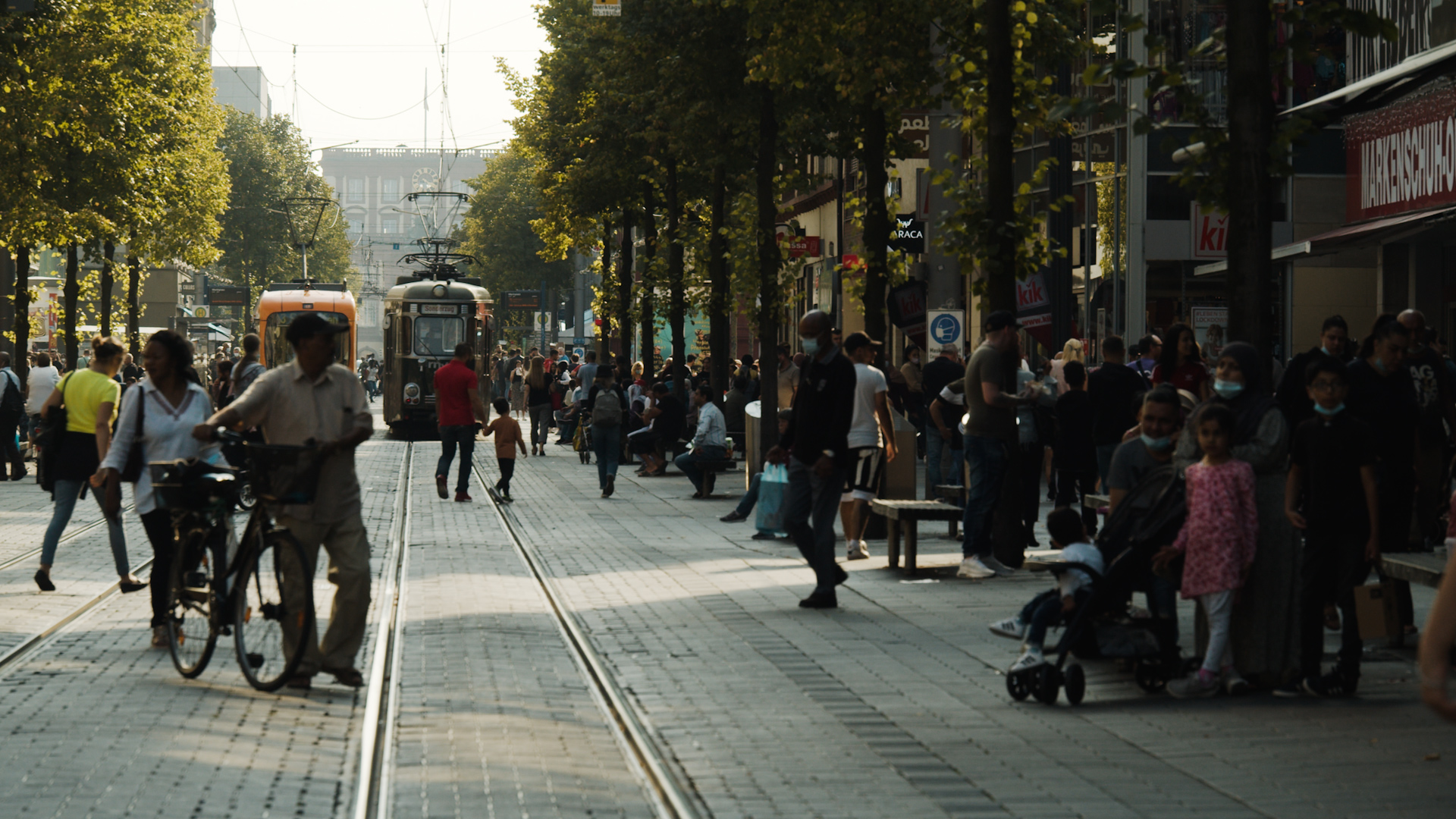
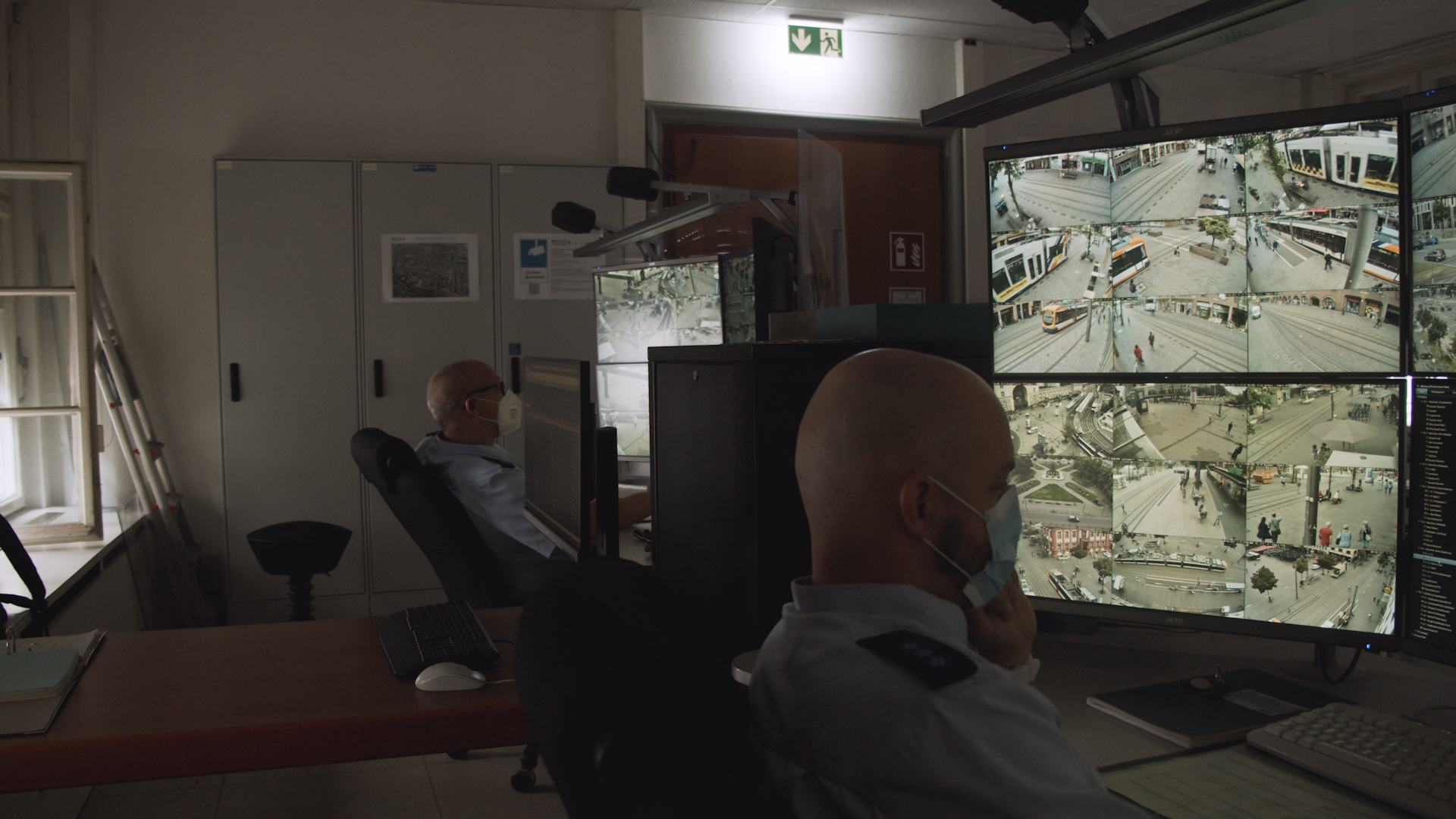
Saturday, March 4th 2023, 7pm
Kunstraum Atelierhaus Filderstraße 34 e.V., Filderstraße 34, 70180 Stuttgart
The second meeting on the topic “Kunstverein(e) der Zukunft” took place on December 4 at the Kunstverein Böblingen. With numerous guests and representatives of different Kunstvereine, we discussed problems and challenges that some established art associations are facing. Structures, processes, ideas and themes, which have often developed over years and decades, must be questioned, further developed and possibly reinvented in order to be able to continue to do successful artistically committed association work in the future. The representatives of the various Kunstvereine reported on their own concrete experiences, problems and approaches to solutions. Based on the different perspectives and contexts, an open, multifaceted and fruitful discussion resulted for all participants. It also became clear that this was not the end of the discussion and that we would like to use this impulse to promote further exchange and networking between the art associations.
In doing so, we would like to take the opportunity to visit the various Kunstvereine and get to know them better: the host of our next meeting on March 4 at 7 pm will therefore be Kunstraum34 in Stuttgart. Invited to the meeting are Kunstverein Neuhausen, Kunstverein Böblingen, Oberwelt, Künstlerhaus Stuttgart, anorak and Kunstverein Nürtingen.

The position of artistic director at Künstlerhaus Stuttgart is to be filled as of January 1st, 2024.
Künstlerhaus Stuttgart was founded in 1978 by artists to promote practical working conditions, theoretical engagement with art, and cross-disciplinary exchange among artists. By giving space to social and political demands while addressing the most current artistic practices and discourses, Künstlerhaus Stuttgart is today an institution of local and international significance.
Künstlerhaus Stuttgart houses exhibition spaces, workshops and seven artists’ studios with changing fellows. We are looking for a director who will build on this structure to develop an artistic program that brings local communities and international agents into exchange.
As a Verein, we have a strong interest in alternative models of presenting and communicating art, as well as experimental formats.
Within the structure of the Künstlerhaus, the artistic director is responsible for
– the independent development and implementation of an artistic program
– the logistical and budgetary preparation and realization of the developed program, as well as related events
– project financing and the associated acquisition of third-party funding
– the conception of the education program within the framework of the Artistic program for which the artistic director is responsible
– the documentation of the projects, as well as the conception and realization of publications, if applicable
– press and public relations work
What the position requires
– very good knowledge of contemporary cultural production
initiative and a high degree of personal responsibility in combination with a strong ability to work in a team
– strong communication and organizational skills
– full professional proficiency in German and/or English
– proven experience in project financing and cultivating third-party funding
– experience in public speaking and excellent verbal communication skills with members, visitors, colleagues, and staff as well as the press and politicians
– willingness to make Stuttgart your main place of residence for the duration of your tenure
At Künstlerhaus Stuttgart, the Artistic Director works closely with a dedicated team consisting of a full-time managing director, an accountant, a technical manager, and volunteer members on the board, advisory board, and workshops.
The appointment of the Artistic Director is for three years with the option of a one-year extension. The Artistic Director is offered an assistant to the extent of half a position.
If necessary, Künstlerhaus offers help in finding an accommodation and supports a German language course.
Please send us your application (cover letter, curriculum vitae without photo and an overview of your previous work qualifying you for the artistic direction) as well as a forward-looking concept for the artistic direction (max. 1 Din A4 page) as one PDF-file (max. 10 MB) only by Email no later than May 1, 2023 to:
Ania Corcilius, Chairwoman of the Board
Künstlerhaus Stuttgart e.V.
Reuchlinstraße 4b, 70178 Stuttgart
Email: bewerbung@kuenstlerhaus.de
Applications from teams or groups will also be accepted. All applications will be treated confidentially.
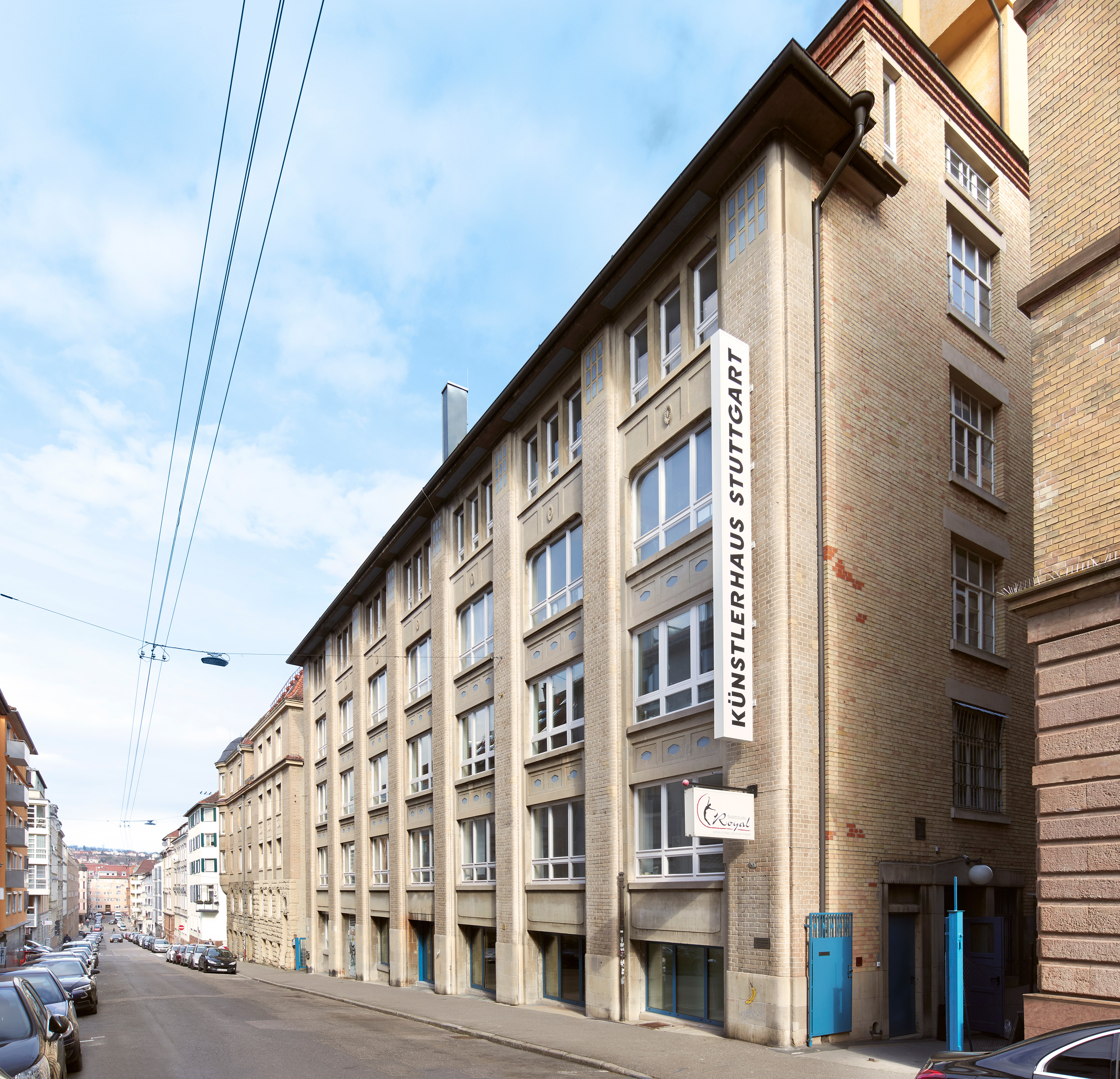
Together with Künstlerhaus Stuttgart, the Center for Native Arts and Cultures (Portland, USA) is organizing a two-day open working group to review the land reclamation process that led to its founding. These working groups will be accompanied by a reader, a new video work titled “Never Settle: The Program” by New Red Order, performances by Tiokasin Ghosthorse and Allison Akootchook Warden, a collection of documents, and by a program organized by educators from Künstlerhaus Stuttgart.
Detailed information about the project can be found here.
Please register for the educational program by sending an e-mail to education@kuenstlerhaus.de.
All workshops are free of charge.
Journal Workshop for Teenagers
with Thora Gerstner
February 26 (3-5 p.m.)
Where do we collect memories? In a bookbinding class, we will make our own sketchbooks, calendars, or blanks for journal entries, drawings, collages, or notes to create a gathering place for memories. Historical bookbinding techniques will form the basis for independent production. The cover can be designed with worn-out clothing brought along.
Jewelry Workshop for Children
with Thora Gerstner
March 2 (2-4 p.m.)
Jewelry can hold memories. We will combine found and brought materials and assemble them into a variety of unique jewelry pieces to find new and old, real or made-up memories in our jewelry.
BPoC Creative Empowerment Workshop
with Yara Richter
March 4 (3-6pm)
Developing and providing an ongoing space for the work of the BPoC community will be consistently pursued in this workshop. In the context of an educational, research, and discursive space focused on decolonial practices, cultivating and growing a BPoC community over time is really important and represents a specific approach to what a public education program can do.
Weaving with Paper: Rethinking History and Space
with Lejla Dendic
March 5 (3-4:30 p.m.)
In this workshop we will learn together how to weave with paper. We will gain a better understanding of this world and its interconnectedness with us humans through the physical process of weaving. Using Masao Adachi’s landscape theory fúkeiron, we will try to identify and analyze global and communal structures and spaces together and process them through weaving. Weaving serves to overcome the blockages of seemingly broken connections and to connect people and visions of a world that works for all.
Working with Clay: Rethinking the Collective Self
with Lejla Dendic
March 11 (2pm-3:30pm)
Together we creatively explore the possibilities and symbolism of clay. What does identity, culture and violence mean? Clay symbolically represents ideas of renewal, as it can be endlessly reshaped in its raw state by controlling moisture content. The material thus holds infinite possibilities and the ability to start over again and again. We focus on what it means to create and foster a shared understanding of our impact in this world and what could be.
Udu Making with Ceramics
with Ludgi Porto
March 17-19 (2pm-6pm each day)
As part of the workshop, participants* will be invited to make their own Udu. The Udu is a Nigerian ceramic drum that came to Brazil in the Afro-diaspora. In the Nigerian context, the ceramic drum is traditionally made and played by women, and the voice of the udu is considered the voice of the ancestors. In the Brazilian context, however, the instrument has detached itself from its spiritual origins and found its place in Brazilian popular music. Together we reflect on different questions: What does it mean to produce in the European context an instrument of Nigerian origin that was kidnapped to America in the course of colonization? What am I really doing when I make this instrument? Is this instrument a body? How do I relate to it? Where and how can this body exist? In the decolonial process, what would be the process of restitution? Does this restitution take place on the cultural level? To what extent is restitution possible?
Basic knowledge of ceramics is desirable. The workshop will be held in English language.
Artist Talk
with Ludgi Porto
March 18 (3:30pm)
As part of the workshop program Ludgi Porto will hold an artist talk about her research with the Udu drums. She will briefly talk about the origins of the instrument, including its kidnapping and the kidnapping of its peoples; describe the complex social and racial context involved in her relation with the Udus, while sharing her own discovery as a person of color beyond the South American limits. Along with these topics she will present texts’ excerpts, drawings, paintings and documentations of the developed work throughout the research.
The artist talk will be held in English language.
This project is supported by an Innovationsfond grant from the culture ministry of the regional government of Baden-Württemberg





We invite you to an evening with wax, candles and light
Shallow flames and the thermals of architecture
Fine movements
Flickering
Hissing
Steam and smoke
Soot
Tea
Soup, warm
Wax wanders
Performative objects
The event starts at 6 p.m.
on the studio floor (3rd floor) of the Künstlerhaus Stuttgart
About the project series Sleep over
In the ongoing project series Sleep over, Lennart Cleemann invites artists*, designers* and architects to explore settling in, playing, exhibiting and sleeping together. Every three months a pop-up event takes place. New ideas and works emerge from the coming together of different artistic positions. What are we interested in? What do we want to explore together? There is no set goal or theme, but the search for an open, fluid process in togetherness is the focus. The studio floor of the Künstlerhaus Stuttgart serves as the location for this. There you will find Cleemann’s studio and a 150 sqm large common room, which will be shared by the fellows.
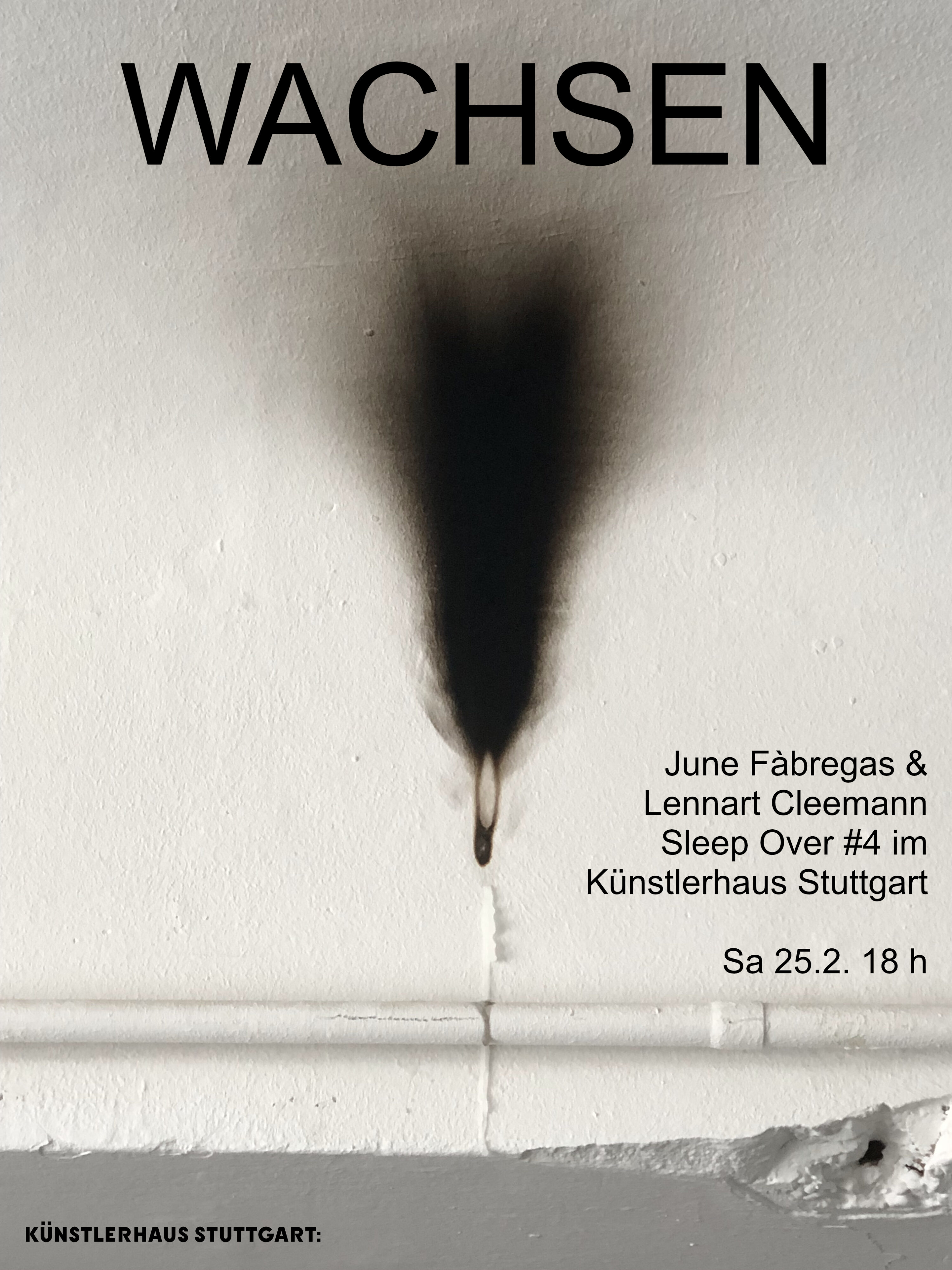
Organized by the Center for Native Arts and Cultures in collaboration with the Künstlerhaus Stuttgart, this project convenes a two-day open working group to reflect on a process of land reclamation that led to the creation of the Center for Native Arts and Cultures, and to envision how from this process the Center will advance a commitment to mobilizing networks of Indigenous artists, culture bearers, and Native-led arts organizations. These in-person group discussions are supported by an accompanying reader, a video work entitled Never Settle: The Program by New Red Order, live performance works by Tiokasin Ghosthorse and Allison Akootchook Warden, a document collection and archive presentation, as well as supplemental programs organized by Künstlerhaus Stuttgart Educators.
The Center for Native Arts and Cultures was founded in 2021 as the headquarters of the non-profit Native Arts and Cultures Foundation after taking up the transfer of ownership of the historically registered Yale Union Laundry Building, a two-story commercial structure and surrounding land parcel, in the city of Portland, Oregon, which was previously owned by an artist-run space called Yale Union. This working group serves as a contribution to a larger series of internal focus groups currently being convened by the Center for Native Arts and Cultures to gather input on its organizational capacity and structural conditions as it situates operations, exhibitions, and educational programs in the newly acquired building. While acknowledging the land that this particular building sits on, working responsibly in various local level contexts to reflect the history of previous Native tribes and peoples who inhabited the land for the purposes of use rather than ownership has always been crucial to the Native Arts and Cultures Foundation. Additionally, efforts around the transfer of Yale Union to the Native Arts and Cultures Foundation reflect a broader movement to address ongoing historical inequities stemming from land ownership and property in the US and beyond.
This inter-institutional collaborative project is consistent with the ethos of the Künstlerhaus Stuttgart, which was founded by artists in 1978 as a place where producers from around the world convene to discuss their conditions of artistic production. Its foundational structure situates artistic interests and institutional capacity as closely interrelated. The Künstlerhaus Stuttgart seeks to engage in knowledge sharing with respect to the Center for Native Arts and Cultures’ specific interests in Indigenous approaches to artistic production, organizational capacity, and governance arrangements, as well as decolonial education that includes learning in water rights, reparations, and land use justice. Germany is yet another site from which these discussions must necessarily take place. There is little question that current German land law has been shaped through German colonial empire and its patrician city-state colonial encounters in the global context. Germany has a long complex history of implementing laws to seize property and assert land ownership. This confiscatory history of legal-economic structures ratified by Germany and the broader European colonial venture has fundamentally altered the management of land and related resources globally. And it must be recognized how these fundamental changes extend to the lived social relations, economic conditions, and cultural practices imbricated with Indigenous and existing forms of land use. This project focuses on a specific set of lived questions and material challenges that the Native Arts and Cultures Foundation and its Center for Native Arts and Cultures is confronting, but which are also part of the research, education, and outreach efforts today that emphasize rebuilding, restitution, and reparations efforts of Indigenous peoples worldwide as they seek to strengthen internal governance capacities and realize political, economic, and community development objectives.
Contributors include: Maile Andrade, Natalie Diaz, Healoha Johnston, Tiokasin Ghosthorse, Joy Harjo, Flint Jamison, Brandy Nālani McDougall, New Red Order, and Allison Akootchook Warden. With representatives from the Center for Native Arts and Cultures: Lulani Arquette, Reuben Tomás Roqueñi, and Gabriella Tagliacozzo.
The working group and accompanying reader are organized and edited by Healoha Johnston, Director of Cultural Resources, and Curator for Hawaiʻi and Pacific Arts and Culture at the Bernice Pauahi Bishop Museum, with Eric Golo Stone, Artistic Director of the Künstlerhaus Stuttgart.
Never Settle: The Program by New Red Order, on view:
February 17 – April 2, 2023
Document collection on view:
February 17 – April 2, 2023
KHS Educators programs:
Thora Gerstner: February 26 (3pm – 5pm) and March 2 (2pm –4pm)
Yara Richter: March 4 (3pm – 6pm)
Lejla Dendic: March 5 (3 – 4:30pm) and March 11 (2pm – 3:30pm)
Ludgi Porto: March 17, 18, and 19 (2pm – 6pm)
Detailed information about each of the programs by the Educators may be found on the Künstlerhaus Stuttgart website.
Working Group Reader Launch and Performance by Tiokasin Ghosthorse: March 31, 7pm
Working Group Session 1: April 1, 1pm – 4pm
Working Group Session 2: April 2, 1pm – 4pm
Performance by Allison Akootchook Warden: April 2, 5pm
This project is supported by an Innovationsfond grant from the culture ministry of the regional government of Baden-Württemberg




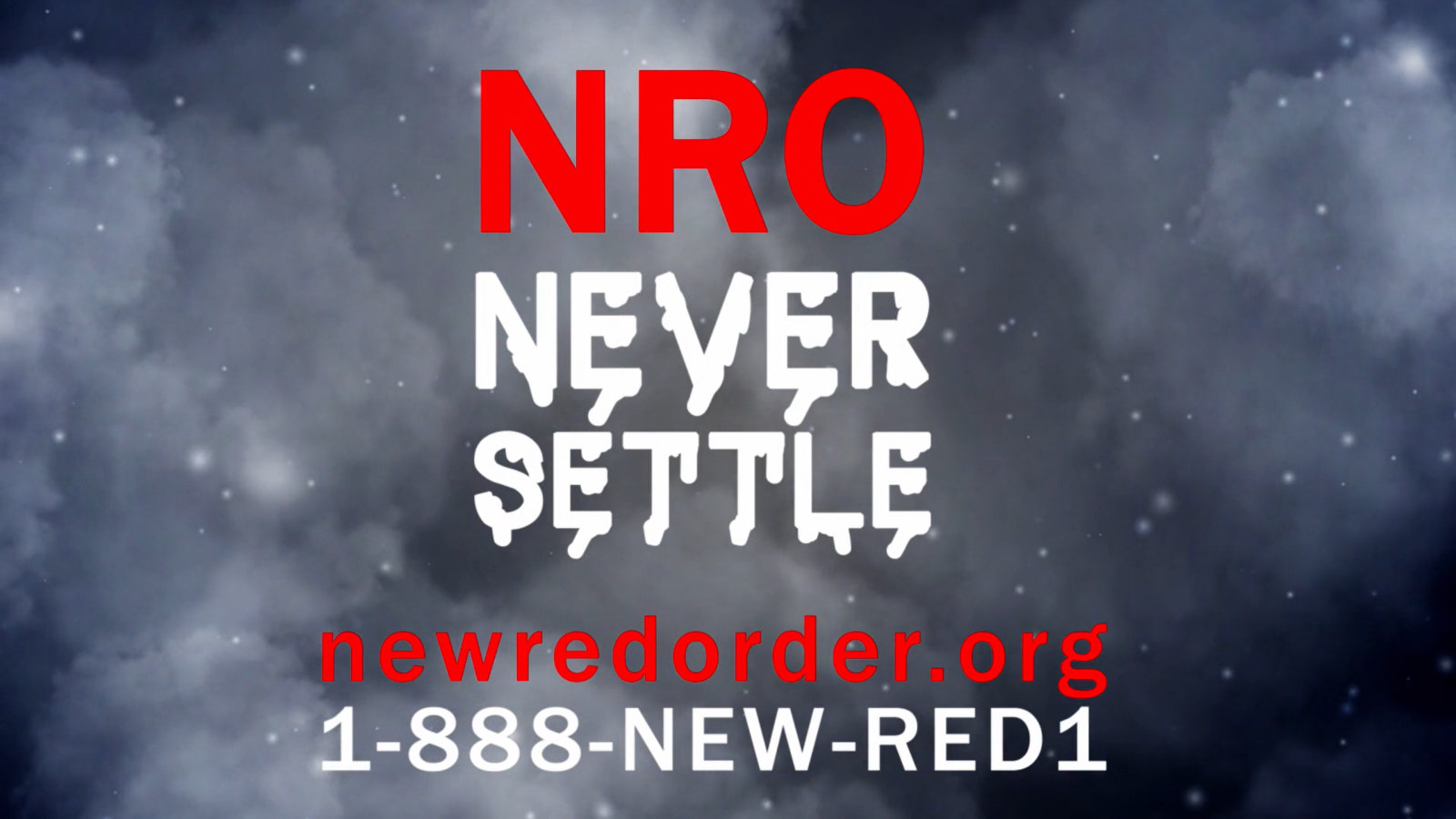
At the 20th Tuesday Workshop, ak interspace will present the booklet series “Hefte zur Haltung” in the form of a lecture performance.
The booklet series deals with a critical practice of artistic-social making and asks for an attitude between doing and not doing, between theory and practice, between us and me.
The booklets bundle memes, texts, questions, tasks, images and quotes. Playfully and fragmentarily – without providing answers – they give impulses for working on one’s own conditions, which are often challenging in the context of mediation and beyond. The booklets are not intended to be a best practice example of mediation, instruction or a collection of methods, but rather to facilitate a little playful searching.
Afterwards, there will be room for discussion with the visitors about the form and content of the booklets. The booklets will be for sale for a donation.
As ak interspace, Miriam Trostorf, Christian Limber and Lara Dade are part of the rampe:aktion group.
The group works together on a mediation practice that transcends disciplines and is located at the intersections of visual art, social work, film, art education, activism and curating.
As part of the one-year Fellowship for Art Mediation 2021/22 of the Städtische Galerie Wolfsburg, the booklet series “Hefte zur Haltung” was created.
Website: https://rampecollective.org/
Instagram: rampe_aktion
Contact: mail@rampecollective.org
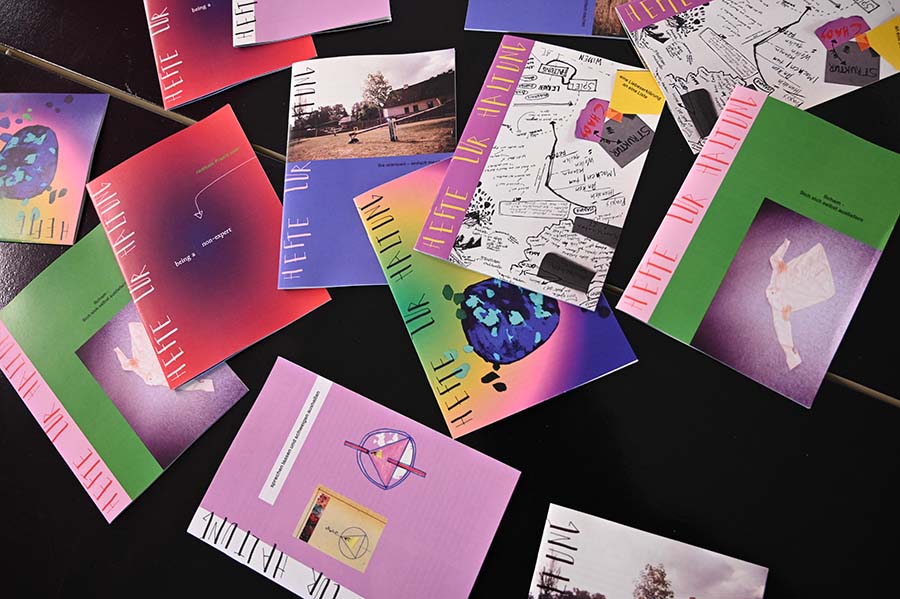
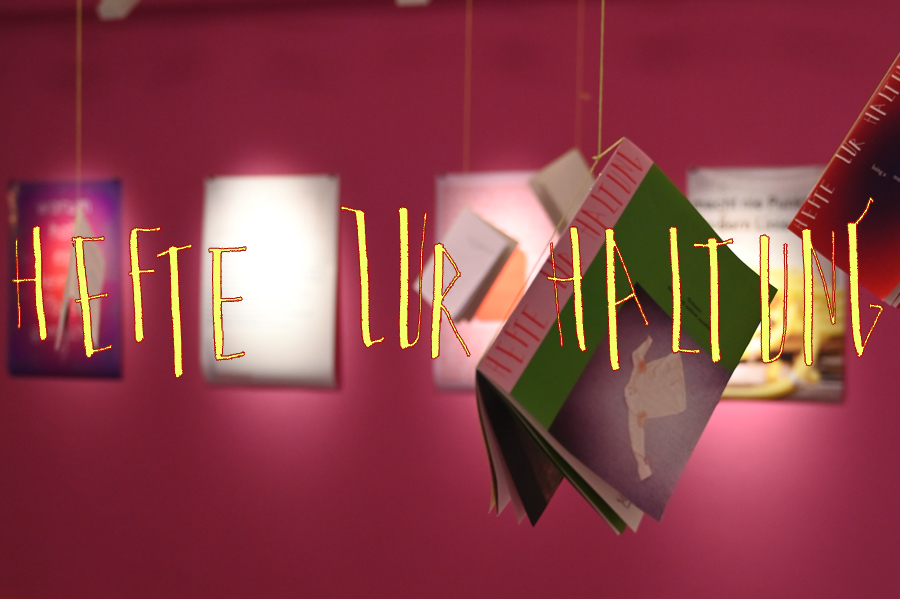
Midissage Sunday, 05 February 4 pm
in the Restaurant Im Künstlerhaus
In the Restaurant Im Künstlerhaus we show works by seven artists who dedicate themselves to the medium of photography, some of which were created in the darkroom of the Künstlerhaus.
The artists present a wide variety of photographic techniques such as cyanotype, digital prints or black and white hand prints, thus demonstrating not only the diversity of photography but also the diversity of artistic positions.
For the exhibitions in the restaurant, the workshop directors of the ten Künstlerhaus workshops invite members to present their work together in a group exhibition. In 2022, this series started with an exhibition of the screen printing workshop with workshop director Jochen Detscher.
We invite you to sparkling wine and coffee & cake. The artists will be present.
In the first Fourth Organ of 2023, we will dedicate ourselves to the call for proposals for the next Artistic Director and its selection process. All members are invited to discuss this on Saturday, February 04, 2023 7pm.

Tuesday Workshop XIX presents: Andrés Baron
December 13 2022, 7pm
Two persons watching a sunset, a woman sleeping at night, the ending of a song: Andrés Baron dislocates and transfers actions in short 5 to 10-minute films. Then, he frees the moving images from the duty to narrate and make sense: attending to the tactility of the image, the plays of perception, and the evocative force of sound. Along the way, the viewers are transported into mistaking the object for its representation, or stillness for movement. (Jade Barget)
Andrés Baron is born in Bogotá, Colombia and lives and works in Paris. Graduated from l’École nationale supérieure des Arts Décoratifs in Paris, his work has been presented in various places and exhibitions, including the International Film Festival Rotterdam (NL), la Fondation d’enterprise Hermès (FR) the Edinburgh International Film Festival Edinburgh (UK), Anthology Films Archives, New York (USA), LA Film Forum, Los Angeles (USA), Images Festival, Toronto (CA), EMAF, Osnabrück (DE), Le Bal, Paris (FR), La Cité des Arts in Paris (FR), the FRAC Franche-Comté (FR), among others.
____
Tuesday Workshop
The Künstlerhaus invites an artist or a collective—meaning any artists or cultural workers from any field or discipline—to talk about their working methods as well as their backgrounds and approaches. We want to establish a platform for a more in-depth interaction with regard to artistic practice, and in doing so to create a network, show solidarity, and mutually strengthen one other.
The series is aimed at all members of Künstlerhaus Stuttgart, artists either living in Stuttgart and the surrounding area or just traveling through, all cultural workers, art mediators, curators, etc., and is open to everyone!
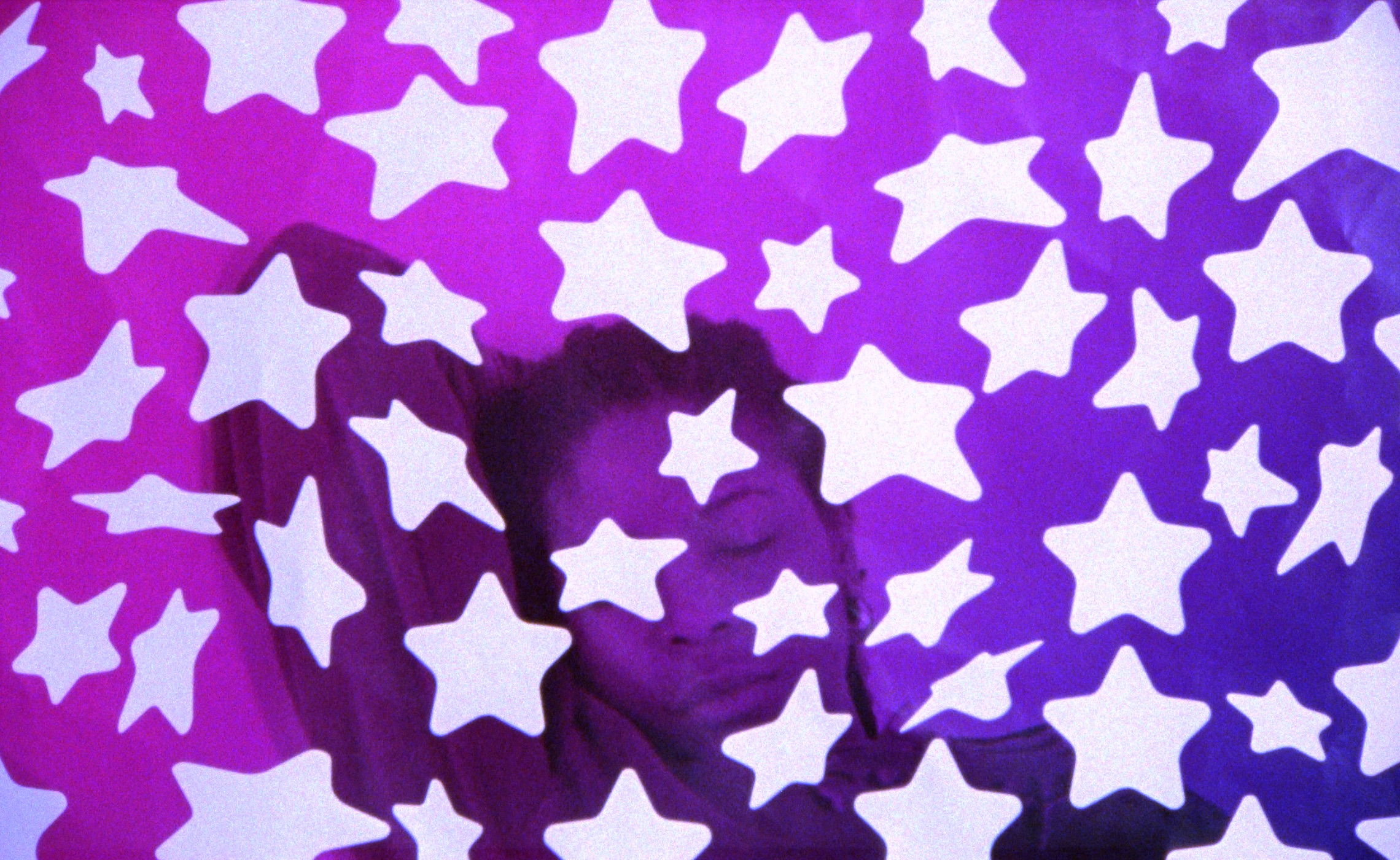
Künstlerhaus Stuttgart is offering 7 studio residencies for a period of 12 months, starting May 1st 2023. Each individual studio is approx. 25 sqm. A large recreation room is accessible for all recipients. Additionally, stipendiaries have free access to all technical facilities of Künstlerhaus Stuttgart. The studios are free of rent, but a membership at Künstlerhaus Stuttgart will be necessary.
It is possible to extend the studio grant through applying for another year. This option can be used not more than twice, so a maximum period of three years is possible.
Künstlerhaus Stuttgart was founded in 1978 as an initiative of local artists. Since then it has developed into one of the most distinguished institutions for contemporary art nationally and internationally. In addition to the exhibition program and complementary series of lectures, screenings and discussions, Künstlerhaus Stuttgart hosts production workshops including audio-visual media, various printing techniques, ceramics, and a separate workshop for children.
Künstlerhaus invites applications from the fields of art, architecture, theory and design, that involve ideas and projects to which the specific infrastructure of Künstlerhaus Stuttgart can serve as a helpful context. Applications of groups and single applications are both welcome.
Application
Please include with your application the following documents:
-
CV
-
documentation of your artistic work, such as portfolio, catalogues (max. 2 books), images etc.
-
a written description how you want to use your studio at Künstlerhaus Stuttgart (max. 2 pages)
Please send us your application via email, please send pdf files only, latest by January 31st 2023:
Contact Person: Romy Range
Email: bewerbung@kuenstlerhaus.de
Subject line: Studio application
The jury, which consists of members of the artistic board, will meet in February and all applicants will be informed about the decisions as soon as possible.
Please note that the studio program does not include accommodation or any kind of financial aid. International applications are welcome provided that applicants see to their accommodation and visa themselves. The residency has to be in Stuttgart within the year.

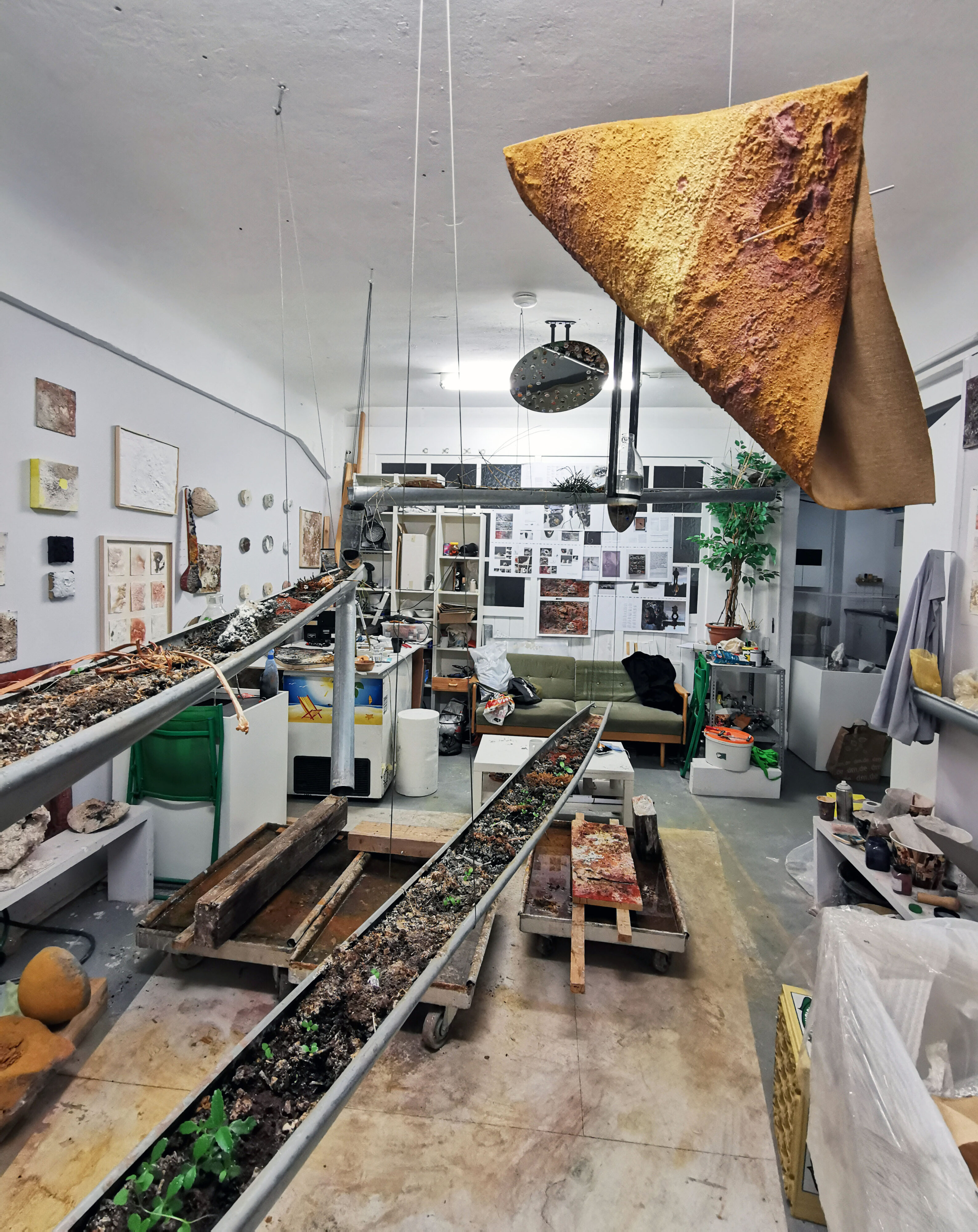
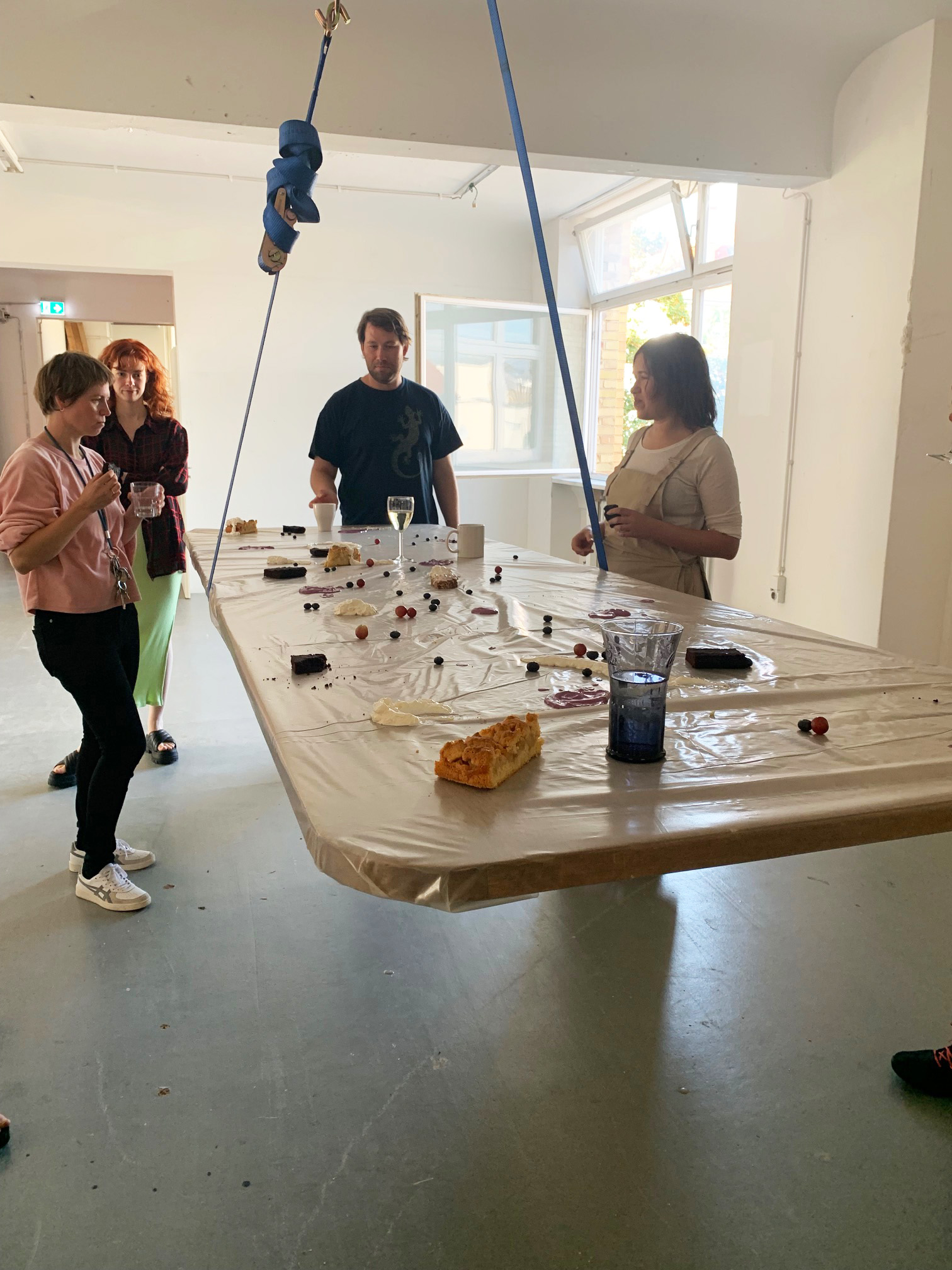
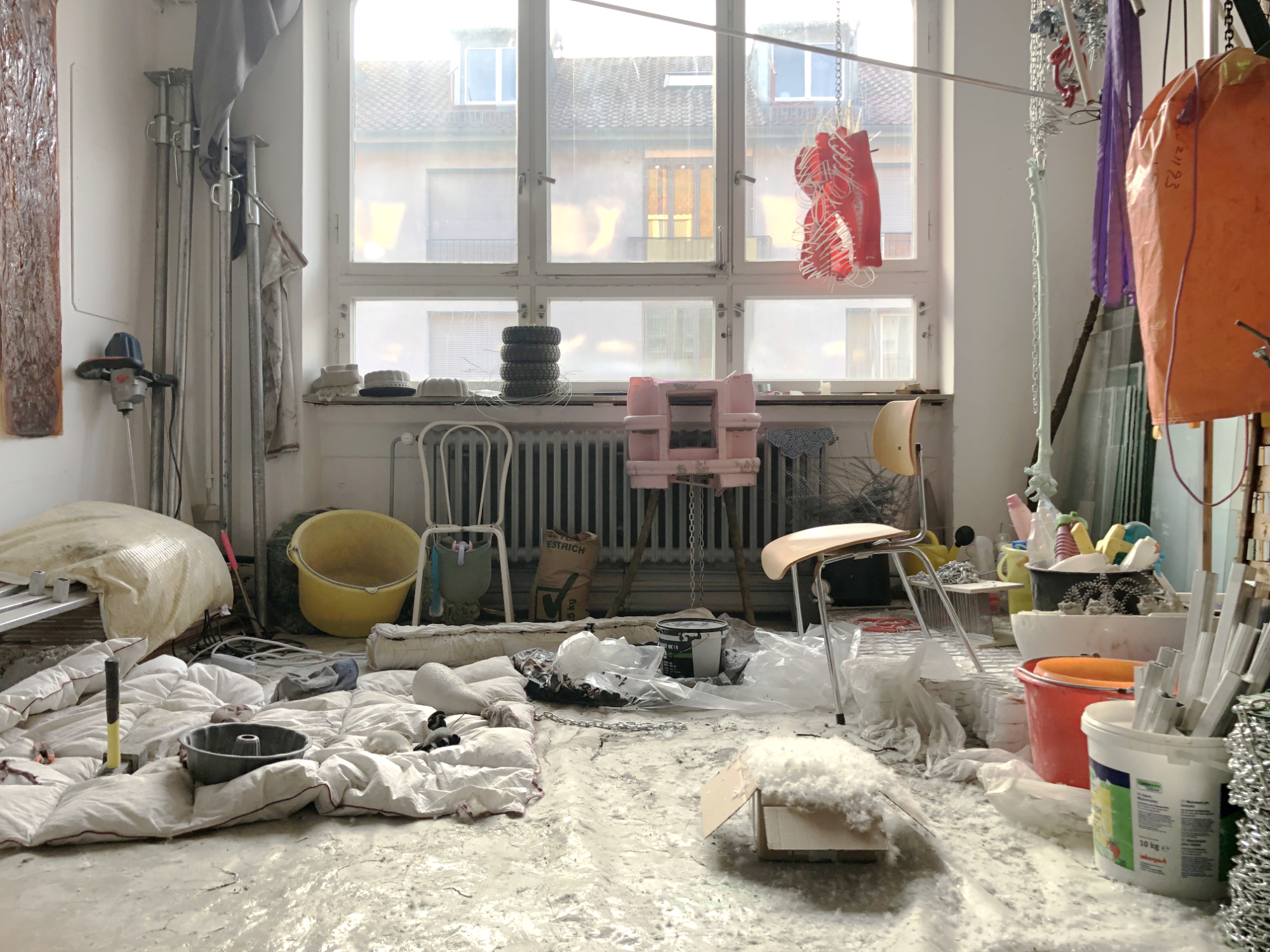
Künstlerhaus Stuttgart congratulates Bernhard Herbordt and Melanie Mohren on being awarded the theatre prize DER FAUST in the category Genrespringer.
The jury explained their selection: “With their ‘Schaudepot’, Herbordt/Mohren have created a place that points beyond itself and has an impact. On the one hand, it is a small shop with open doors on the outskirts of Stuttgart; lovingly and very elaborately thought out down to the last detail. But above all, it is also a construction kit, a principle, an invitation, a thought that is taken out to the villages and the World Wide Web, that can be applied and, as if in passing, raises the question of the social significance of theatre. It is a very serious – with emphasis and great consistency – research. On-going and in the very best sense: transdisciplinary!”
Bernhard Herbordt and Melanie Mohren were studio fellows at Künstlerhaus Stuttgart in 2012. Schaudepot can be found online at https://www.das-schaudepot.org/ and is located at Altenbergstraße 10 in Stuttgart-Süd.
DER FAUST has been awarded as a national theatre prize since 2006 and is sponsored by Deutscher Bühnenverein, Kulturstiftung der Länder, Deutsche Akademie der Darstellenden Künste and this year the state of North Rhine-Westphalia (source: Wikipedia).

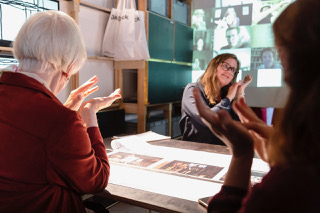
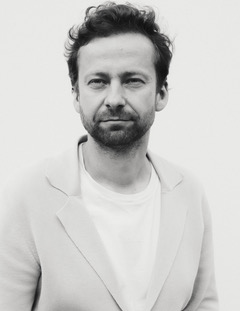
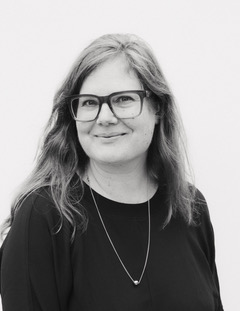
The event will take place at Kunstverein Böblingen, Schloßberg 11, 71032 Böblingen.
Our first meeting on the topic of “Art Association(s) of the Future” took place on 4 October at the Künstlerhaus Stuttgart. With numerous guests and representatives of various art associations, we discussed problems and challenges that some established art associations are facing. Structures, processes, ideas and themes that have often developed over years and decades need to be questioned, further developed and possibly reinvented in order to be able to continue to do successful, artistically committed association work in the future. The representatives of the various art associations reported on their own concrete experiences, problems and approaches to solutions. The different perspectives and contexts resulted in an open, diverse and fruitful discussion for all participants. It also became clear that this was not the end of the story and that we would like to use this initial impulse to promote further exchange and networking between the art associations.
In doing so, we would like to take the opportunity to visit the various art associations and get to know them better: the host of our next meeting on 4 December at 7 pm will therefore be Kunstverein Böblingen. Invited to the meeting are Kunstverein Neuhausen, Kunstraum34, Oberwelt, Künstlerhaus Stuttgart, anorak and Kunstverein Nürtingen.

On Friday 25 and Saturday 26 November, das Bündnis invites you to a two-day event with workshops at Künstlerhaus Stuttgart. After months of online meetings, it is time to meet, encounter and, above all, exchange analogue and in presence.
The two days are meant to be used for a reunion with long-time members as well as for getting to know new members.
Friday, 25 November, 5 pm
“Diversity Development” with Markues Aviv from the BBK Berlin
On Friday 25.11.2022 at 5 pm Markues Aviv will report on the activities of the BBK Berlin in recent years. Markues Aviv is a board member of the professional association, which pursues the structural promotion of all visual artists. In addition, the BKK is active in cultural policy and advocates for open and permeable art businesses. It is precisely the diversity developments of organisations that Markues Aviv will focus on in his workshop: What are the basic figures and strategies for diversity development in cultural associations? And what transfer can the alliance draw from the experiences of the BKK for their future work? This is to be found out in a joint discussion.
Afterwards, the room will remain open for lingering. Drinks and small snacks invite us to enter into conversation and to continue networking.
Saturday, 26 November, 3 pm
“Abuse of power and the independent scene in Baden-Württemberg” with Paula Kohlmann and Frederik Zeugke.
Cooperation with FTTS, PZ and Theater Rampe
On Saturday 26.11.2022 at 3 pm we will deal with questions on how to deal with discrimination, assaults or abuse of power with Paula Kohlmann and Frederik Zeugke as a cooperation with FTTS, PZ and Theater Rampe. Even the art scene in Baden-Württemberg is not free of these issues. It is seldom spoken about, and consequences follow even more rarely. This should change! As artists and employees of institutions, we have recently been coming together to gather knowledge, to exchange ideas internally and to talk to the administration and politicians in order to develop strategies and measures. A change in thinking and acting is needed. On an individual, institutional and political level. Abuse of power is not an individual problem, but a structural one. In this workshop, we will gather different perspectives of those involved, discuss current priorities, focus on necessary goals, prepare very concrete next steps for action.
Doors open on Saturday at 2:30 pm, the workshop will start promptly at 3 pm.
For both workshops, please register by email to praesenz@dasbuendnis.net.

Bridge, football, fox, ping-pong table, handkerchief, numbers, pole, clock, butterfly, LOOK.
These are keywords from the series that have been created over the last 18 years. They are connected in the background one by one. But how and why?
In this event he will present how he developed his artistic approach in Chigasaki, Leipzig, Zurich, Rome, Tokyo and London in the period from 2004 to now.
Hayahisa Tomiyasu (1982, Kanagawa, Japan) studied photography at Tokyo Polytechnic University (BA) and at the Hochschule für Grafik und Buchkunst / Academy of Visual Arts Leipzig (Dipl. and MA). He taught at the Zurich University of the Arts (ZHdK) in the Department of Fine Arts in the Bachelor’s program. In 2018, he won the MACK First Book Award with his work TTP. This series is part of the Art Collection Deutsche Börse Photography Foundation.
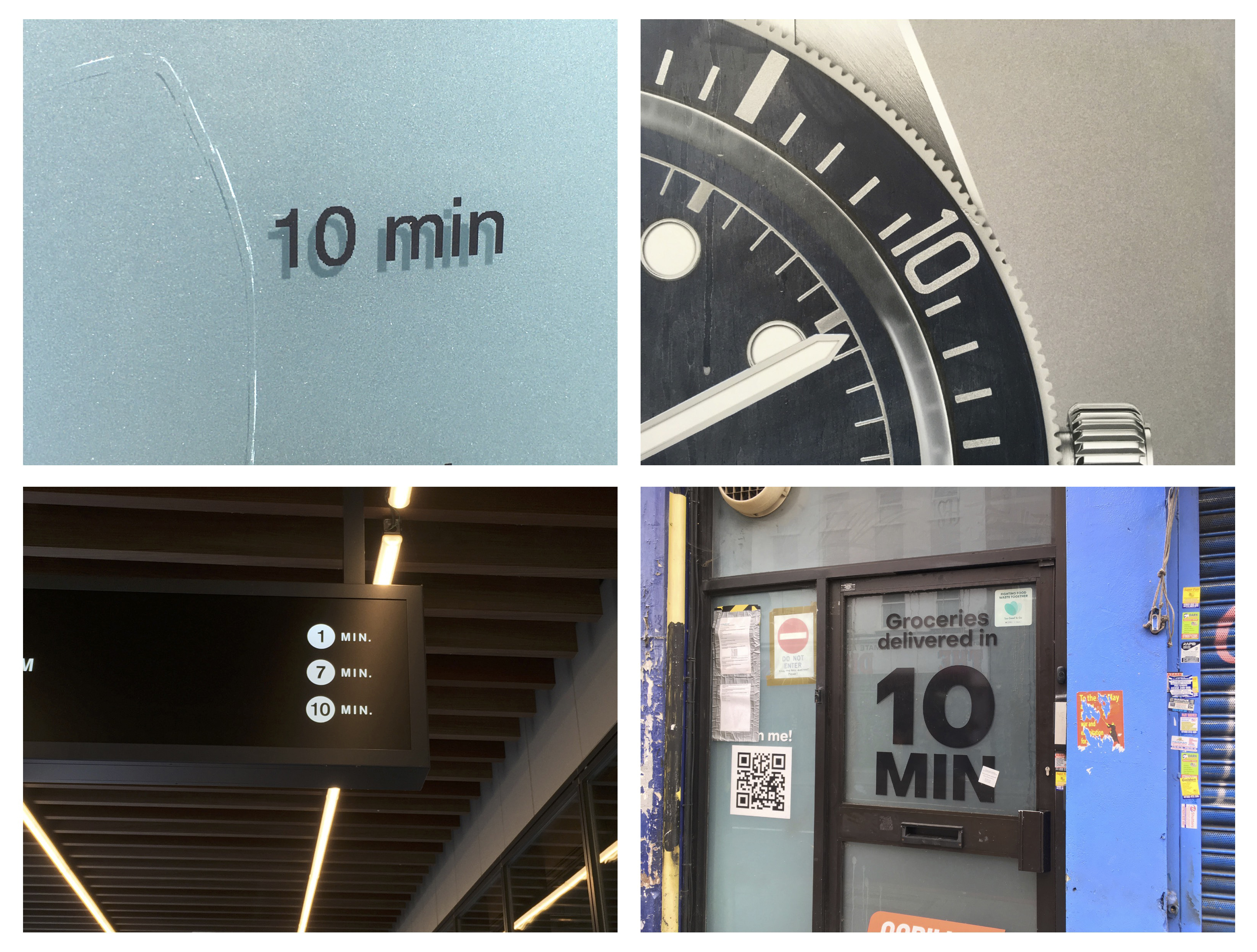
Flint Jamison’s exhibition at the Künstlerhaus Stuttgart investigates a tax-incentivized art loan program called “Masterworks on Loan,” which was established in 2015 at the Jordan Schnitzer Museum of Art (JSMA), a collecting museum on the campus of the public state University of Oregon, in Eugene, USA. Jamison’s exhibition of newly commissioned work presents a damaging account of this museum loan program during the onset of the COVID-19 pandemic. Ultimately, Jamison reconsiders to what extent the JSMA settles the terms that define the museum’s obligation to serve a public who supports the institution through tax deductions, and for whose benefit it exists as a charitable organization. This reconsideration extends from the seemingly small and localized case of the JSMA, to the broader role art sector institutions have in conceptualizing, legitimizing, and implementing tax laws that facilitate divestment of public interests through extraction and exploitation.
Jamison’s exhibition at the Künstlerhaus Stuttgart builds on his previous work exposing the lived politics of tax law, and it draws from a broad spectrum of literature relied upon by journalists investigating tax law and by critical tax theorists. Critical tax theory is a field of groundbreaking legal scholarship that examines the political and discriminatory aspects of tax law. It is an intellectual discipline that seeks to recognize how deeply consequential tax law is in managing property ownership, vast income inequalities, disproportionate exemptions, inherited advantages, disincentives, and indebtedness. Challenging historical claims that tax law is neutral or unbiased, critical tax theory intersects with other fields studying the ongoing impact of tax laws that have been ratified in the service of colonialism, class oppression, and racial-economic subordination. Significantly, critical tax theory has also long insisted that a complete study of the political dynamics of tax law would require an understanding of specific cultural contexts in which the tax laws operate.
Tax laws increasingly determine the operative structure of art institutions. The expansion of arts patronage globally is inextricably bound to the preferential tax laws that wealthy individuals, foundations, and corporations aggressively lobby for at the city, regional, and federal level. Consequently, the art sector has become dedicated to inventing and upholding legal-economic structures that reduce tax liability for high-net-worth individuals. This legal-economic bias mobilized through art is evidenced today by artworks as tax-exempt assets, art philanthropy as system of tax avoidance, and art workers as a freelance labor force that shifts the tax burden away from employers and onto the worker. Of course, it must be recognized that tax-avoidance laws are not solely distant legal permissions advocated for by the wealthy—these are laws that the broader art field routinely promotes as beneficial to artists, art institutions, art audiences, and the public at large.
Künstlerhaus educators engage visitors in conversation about the exhibition: Wed–Sun 12–6pm
Eric Golo Stone, artistic director of the Künstlerhaus Stuttgart, gives a tour of the exhibition (in English): November 20, 2022 (3pm)
Juliane Gebhardt, assistant curator of the Künstlerhaus Stuttgart, gives a tour of the exhibition (in German): December 11, 2022 (3pm)
This exhibition has been realized with public funding from the city of Stuttgart and was also supported with a donation by Galerie Max Mayer.


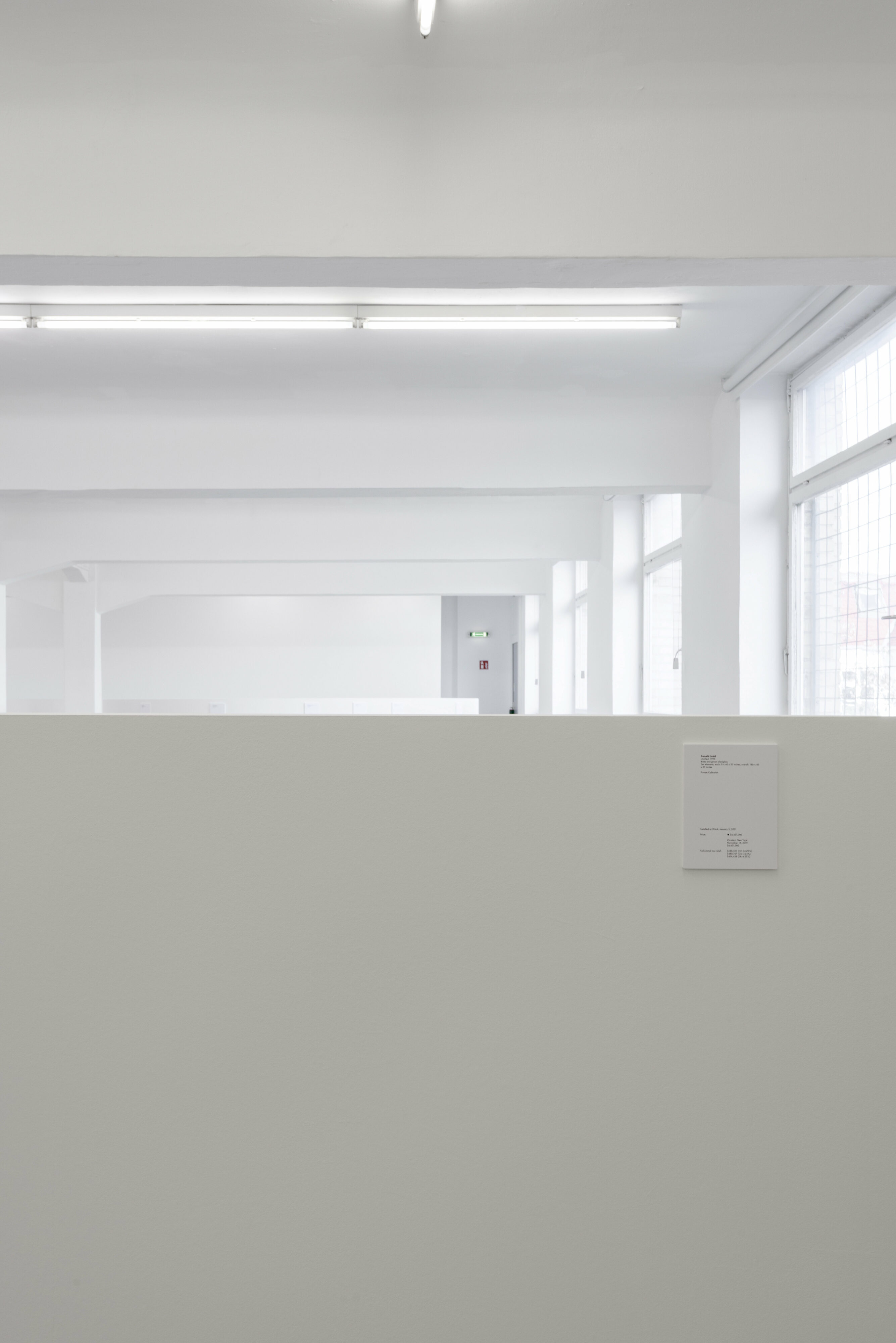
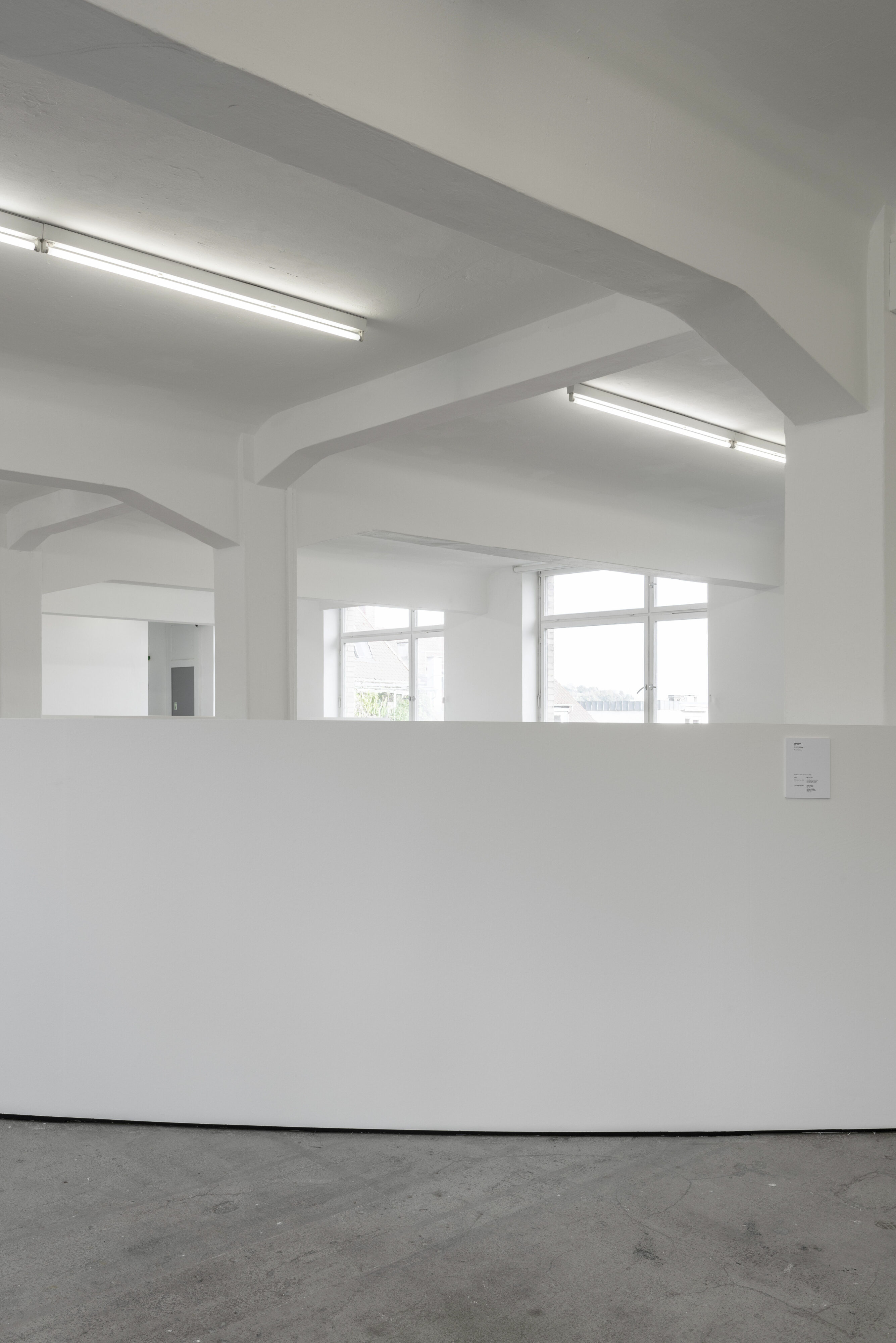
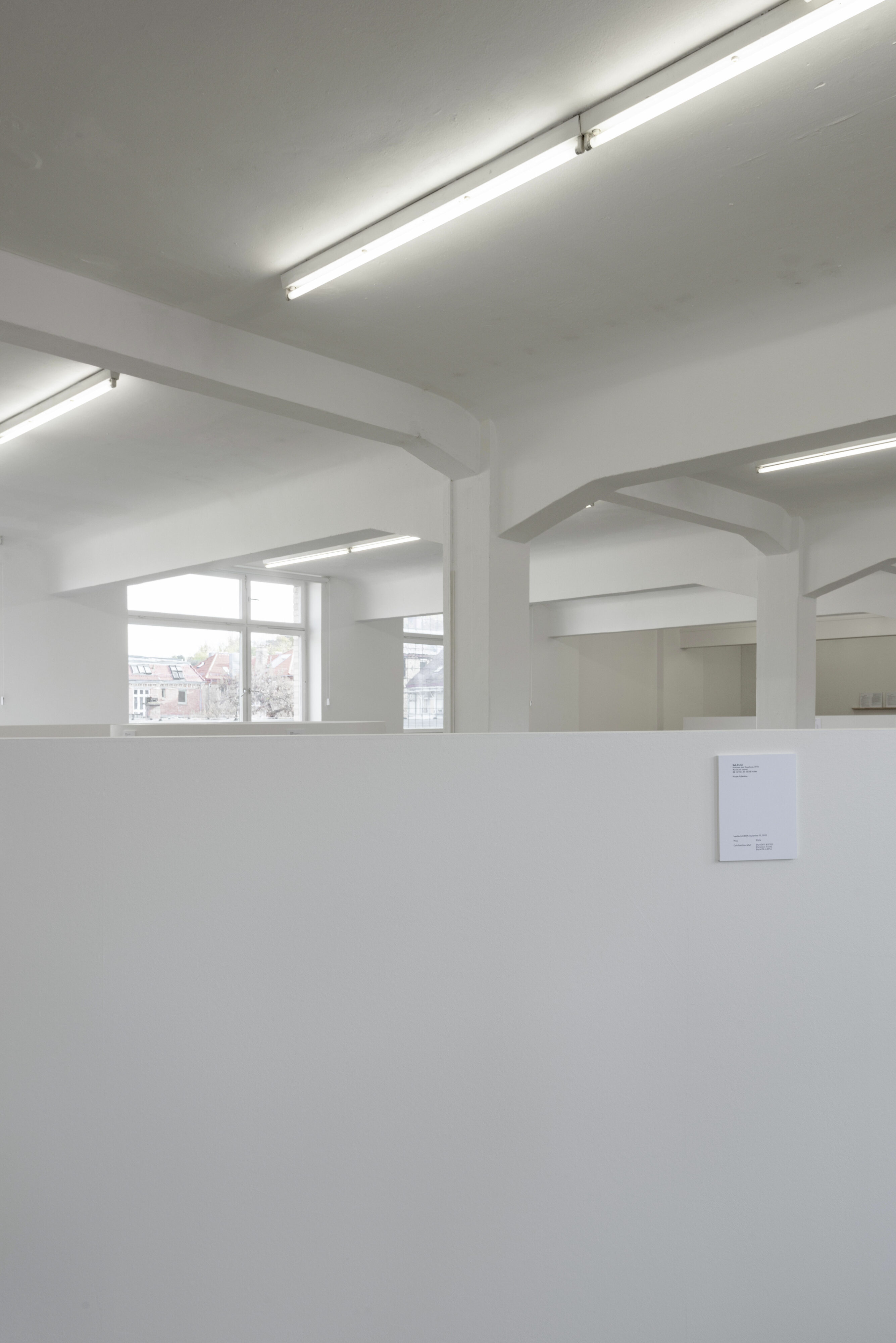
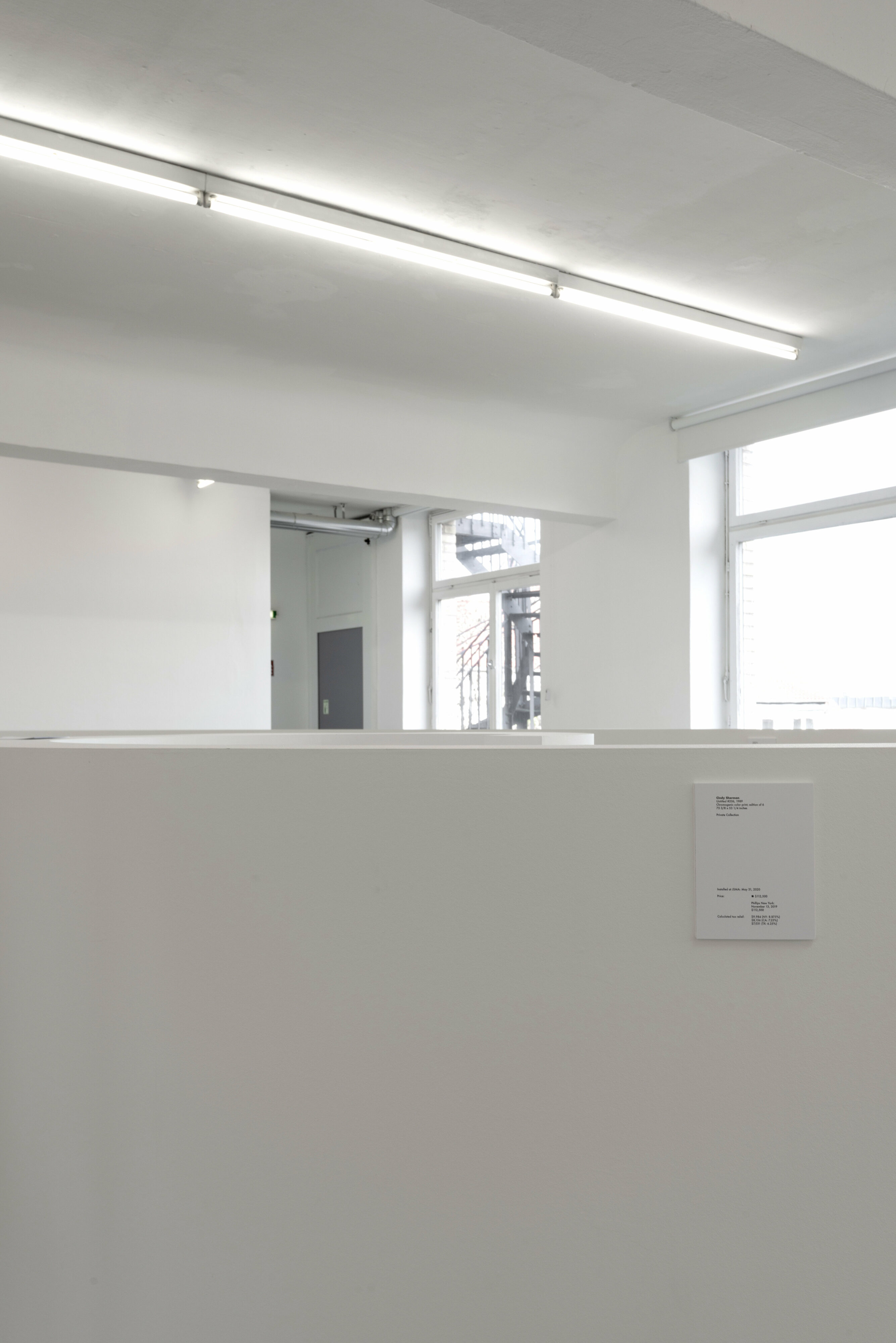
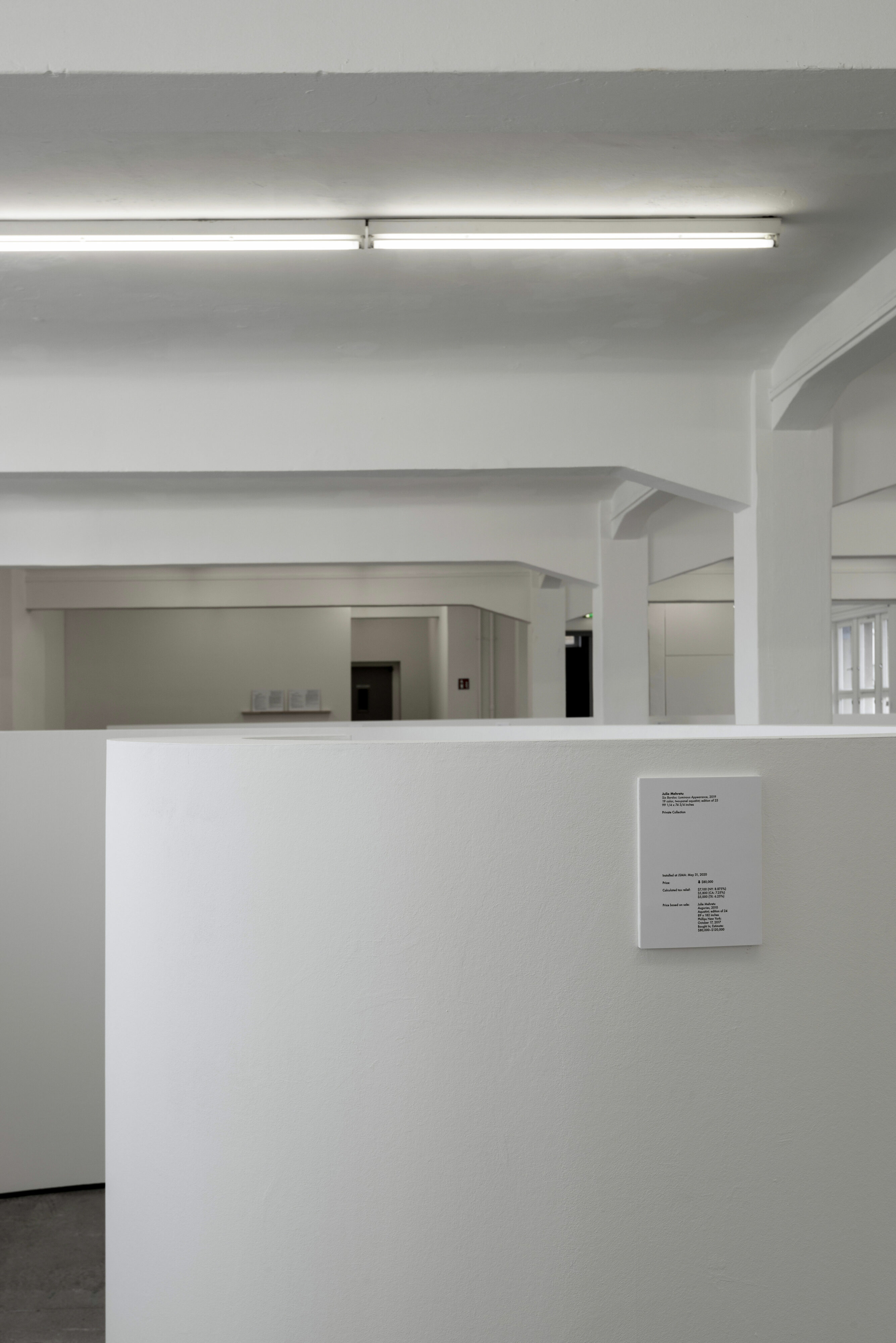
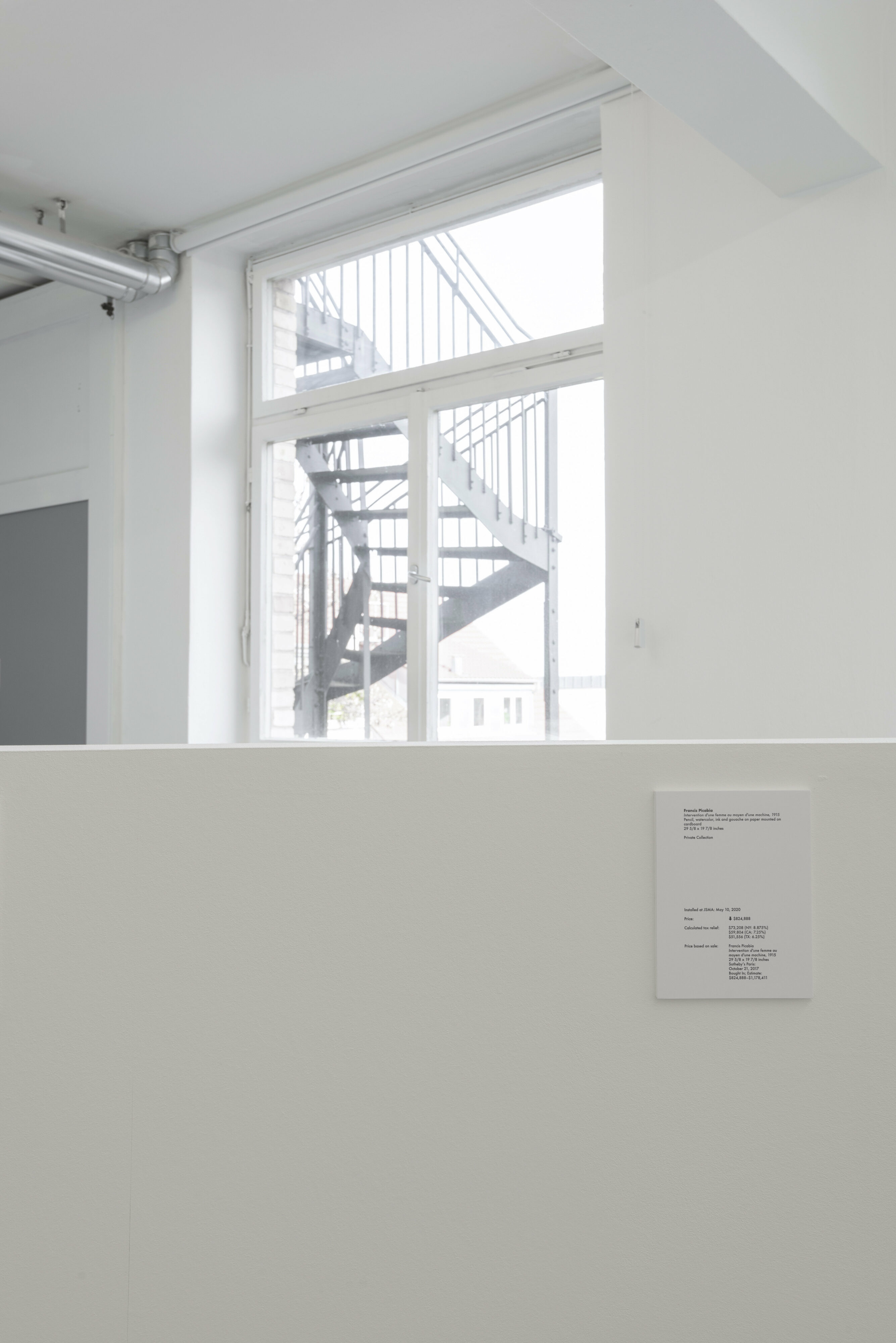
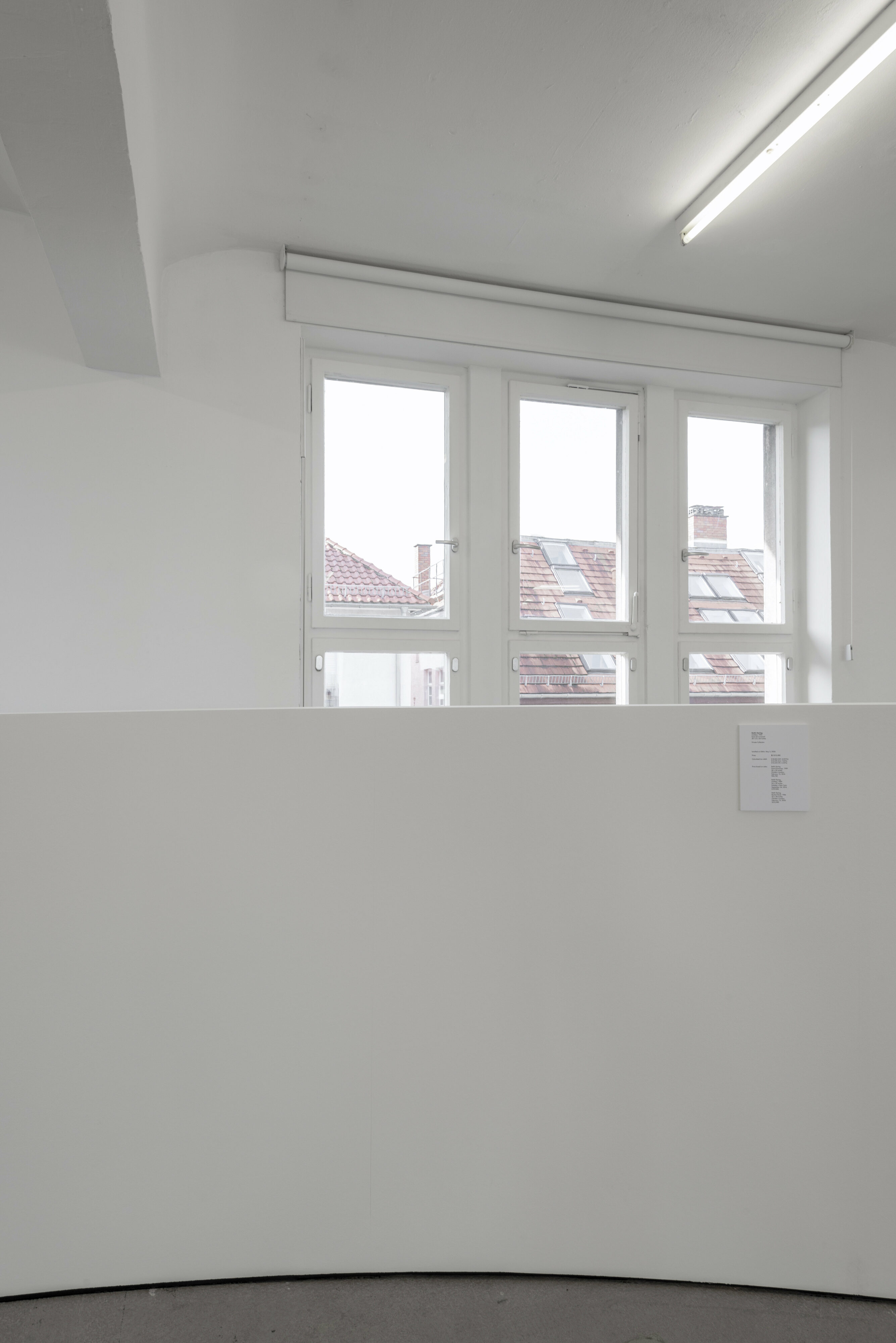
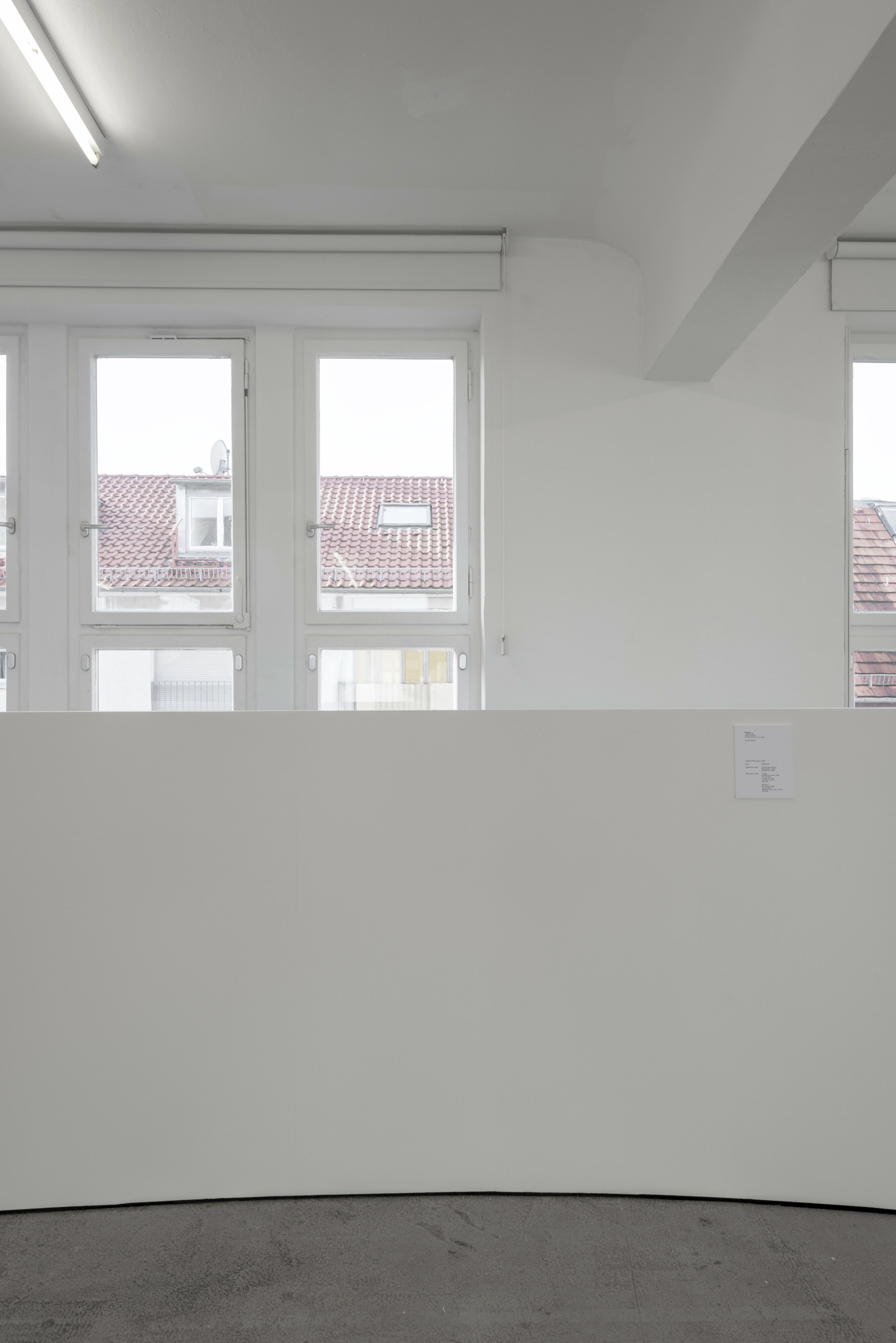

Tuesday Workshop XVIII presents: Lis Klein
November 8th 2022, 7pm
The basis for her work is the preoccupation with found material, which either originates from already existing collections or for which her own archival structures and documentary means are developed. Starting from this, she integrates and transfers objects into her own expression to create works.
The current pivot of her work is her engagement with nature, primarily with the world of insects, plants and fungi. Lis Klein gives insights into her collections, working methods and shows works in different stages.
Lis Klein studied fine arts at the State Academy of Fine Arts Stuttgart. She lives and works in Stuttgart.
____
Tuesday Workshop
The Künstlerhaus invites an artist or a collective—meaning any artists or cultural workers from any field or discipline—to talk about their working methods as well as their backgrounds and approaches. We want to establish a platform for a more in-depth interaction with regard to artistic practice, and in doing so to create a network, show solidarity, and mutually strengthen one other.
The series is aimed at all members of Künstlerhaus Stuttgart, artists either living in Stuttgart and the surrounding area or just traveling through, all cultural workers, art mediators, curators, etc., and is open to everyone!
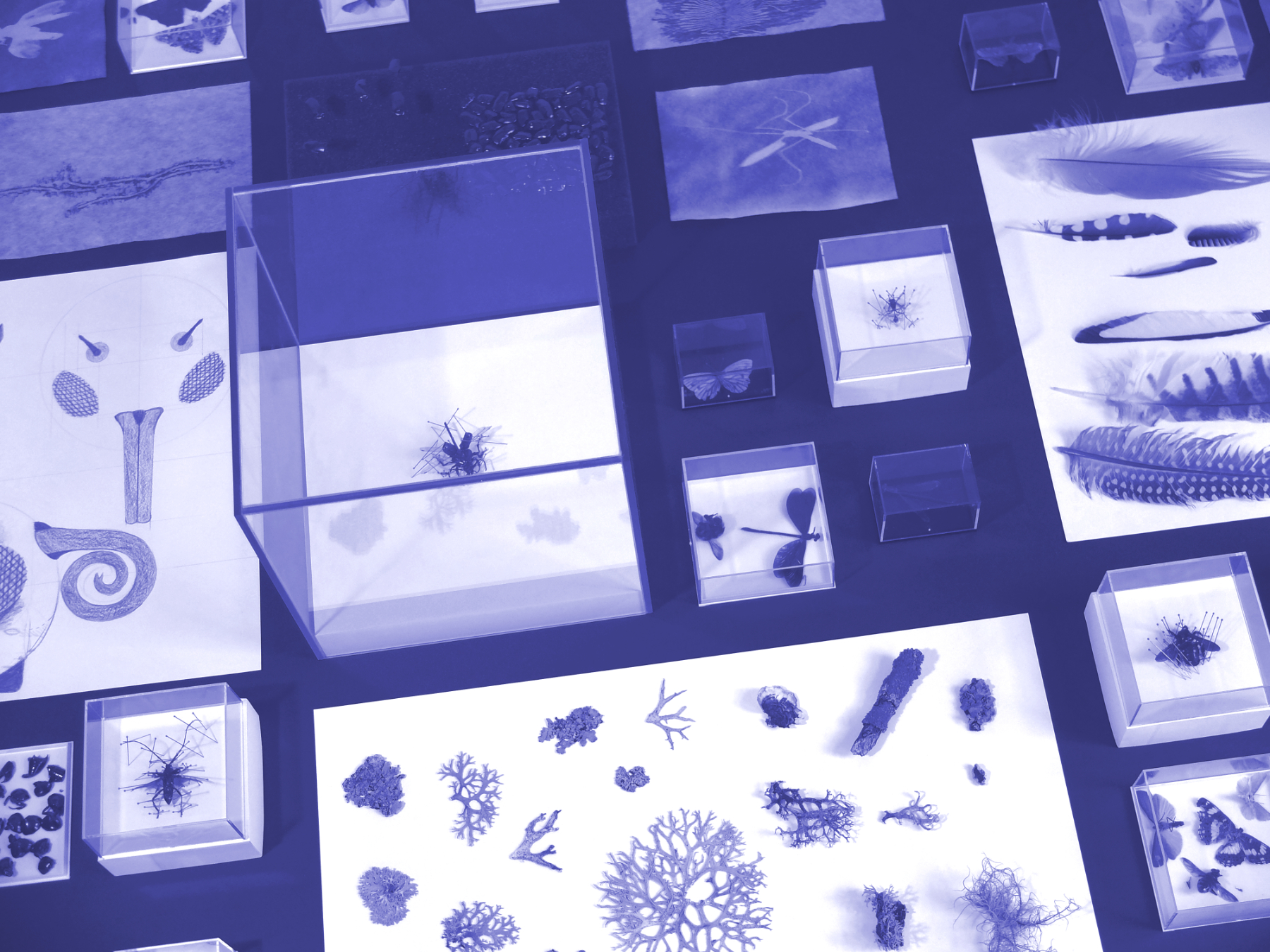
For the exhibition “The Hunt” Moritz Berg and Lennart Cleemann went stalking in the Kräherwald. An approach of two artists and their practice with nature. Close to earth, approaching the supposedly dead. From spring to autumn. The conduct becomes hunting, thoughtfully, outside the usual sense of time. The ritual constitutes the change. The trophy perpetuates decay and consolidates our time.
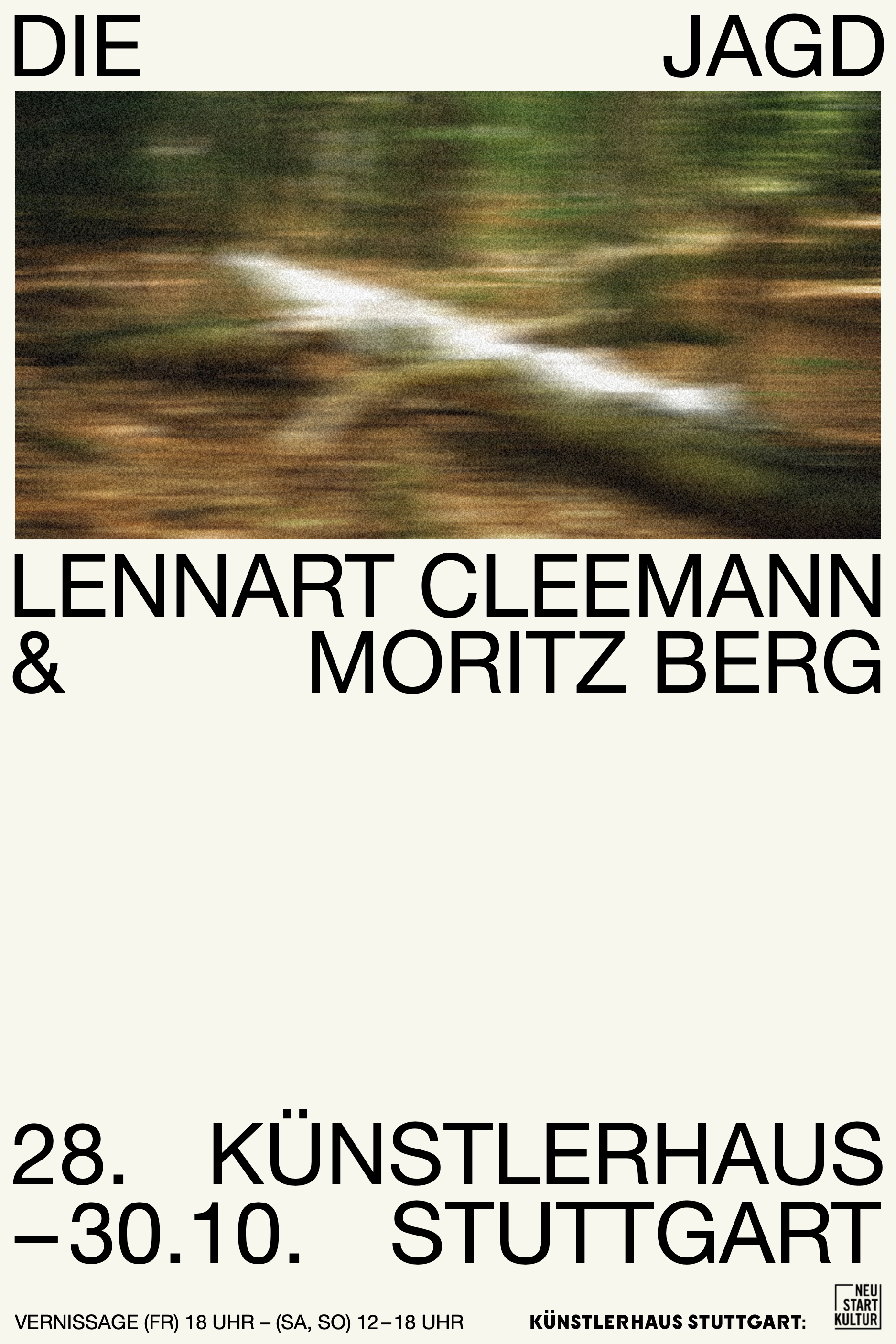
Tuesday Workshop XVII presents:
Judith Engel, Katharina Jabs and Ann-Kathrin Müller: The view has been hazy for days. 35‘ 14‘‘
The film circles around the scene of a seismological station and negotiates which traces and cracks can be found in our thinking along the history of earthquakes. Starting from the physical uncertainty principle, the film examines the obsession of sharply viewing the world without distortion, and how that relates to the history of science and culture. The filmic montage of analogue photographs and essayistic text fragments creates a never-ending reel of still images that transports the film along its narrative. In this way, an associative access to reality is formulated that cannot rely on a certain that-has-been but recognises uncertainty and blurriness itself as conditions of experience and thus questions a principle of photographic and cinematic evidence.
The film accompanies the book „Das Signal“, published by Edition Taube in 2022.
_____
Tuesday Workshop
The Künstlerhaus invites an artist or a collective—meaning any artists or cultural workers from any field or discipline—to talk about their working methods as well as their backgrounds and approaches. We want to establish a platform for a more in-depth interaction with regard to artistic practice, and in doing so to create a network, show solidarity, and mutually strengthen one other.
The series is aimed at all members of Künstlerhaus Stuttgart, artists either living in Stuttgart and the surrounding area or just traveling through, all cultural workers, art mediators, curators, etc., and is open to everyone!
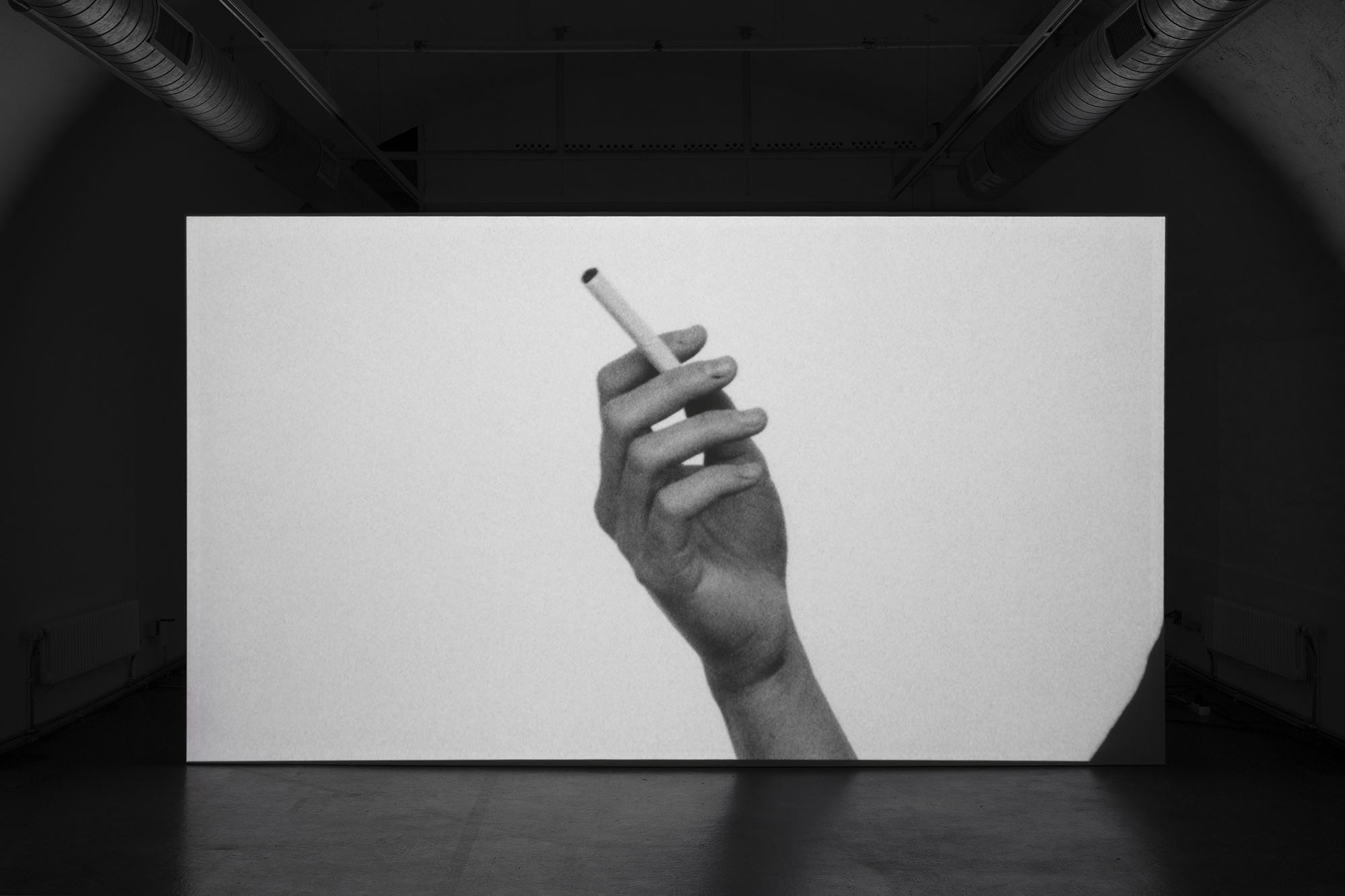
This year, Künstlerhaus Stuttgart has awarded two working grants to Ukrainian artists who fled the war and are now based in Stuttgart and the surrounding area: Ekaterina Surgutanova and Elena Trutieva.
Both artists will be provided with a workspace on the studio floor until further notice. They also receive a monthly financial allowance to enable their artistic practice.
Ekaterina Surgutanova
Ekaterina Surgutanova was born in Ukraine in 1995 and lived in Slavutich, Kiev and Lviv. From 2010 to 2012 she studied at the School of Culture and Art in Slavutich at the Faculty of Fine Arts.
2012 to 2018 Surhutanova studied at the National University of Civil Engineering and Architecture in Kiev, specialising in urban planning and architecture and landscape architecture.
She worked as an architect. However, she started painting murals indoors and outdoors. The focus of her work is on detailing objects, emphasising shapes and playing with colours so that the painting becomes one with the environment it is in, using acrylic paint.
In her paintings she explores the transformation of authentic images through colour and varied composition, while retaining the graphic strokes of academic drawing.
In her latest series, the artist tries to capture the emotional context of a nation confronted with the problem of the expulsion of people from their country through the prism of their individual feelings and experiences. She uses the example of the Ukrainian nation to which she herself belongs. In doing so, she touches on themes such as self-identity in society, personal and collective memory, experience and reflection.
For her works, the artist uses photographs of real people or her memory of people she met on the street when she and her child had to seek safety.
Elena Trutieva
Elena Trutieva was born in Odessa, Ukraine in 1980.
From 1998 to 2002 she studied at the M. B. Grekov School of Art at the Ukrainian National Technical University in Odessa. She graduated with distinction.
From 2002 to 2008 she studied at the NAOMA National Academy of Fine Arts and Architecture, specialising in graphic design. From 2007 to 2022 she worked as an interior designer, designing private and public interiors.
From 2015 to 2017 she worked in Kalamata, Greece, designing cafés, hotels and restaurants.
In the interiors she always tried to use painting, painting walls and ceilings and finding interesting artistic solutions.
When she moved to Greece in 2015, she started painting on sea stones, which has become a very important artistic work.
She is currently working on a series of works that deal with her memories of the war. She spent 15 days with her family in occupation by Russian troops near Gostomel. On social media, she detailed what they experienced during this time and shared her story with the world. This story quickly spread worldwide and is now on display at the Austrian Historical Museum in Vienna. She started with three paintings – a portrait of her mother, one of her friend and a self-portrait. She now wants to draw all the people who were with her these 15 days and who were involved in her rescue. For her, they are not simple portraits, but shots of events with emotions frozen in people’s faces. In these works, she wants to show what they have endured and survived, and the special role of each person in that terrible time.
Two finished portraits show the women who helped her in Germany when she had just arrived.
The monthly financial support is possible thanks to the generosity of private donors.
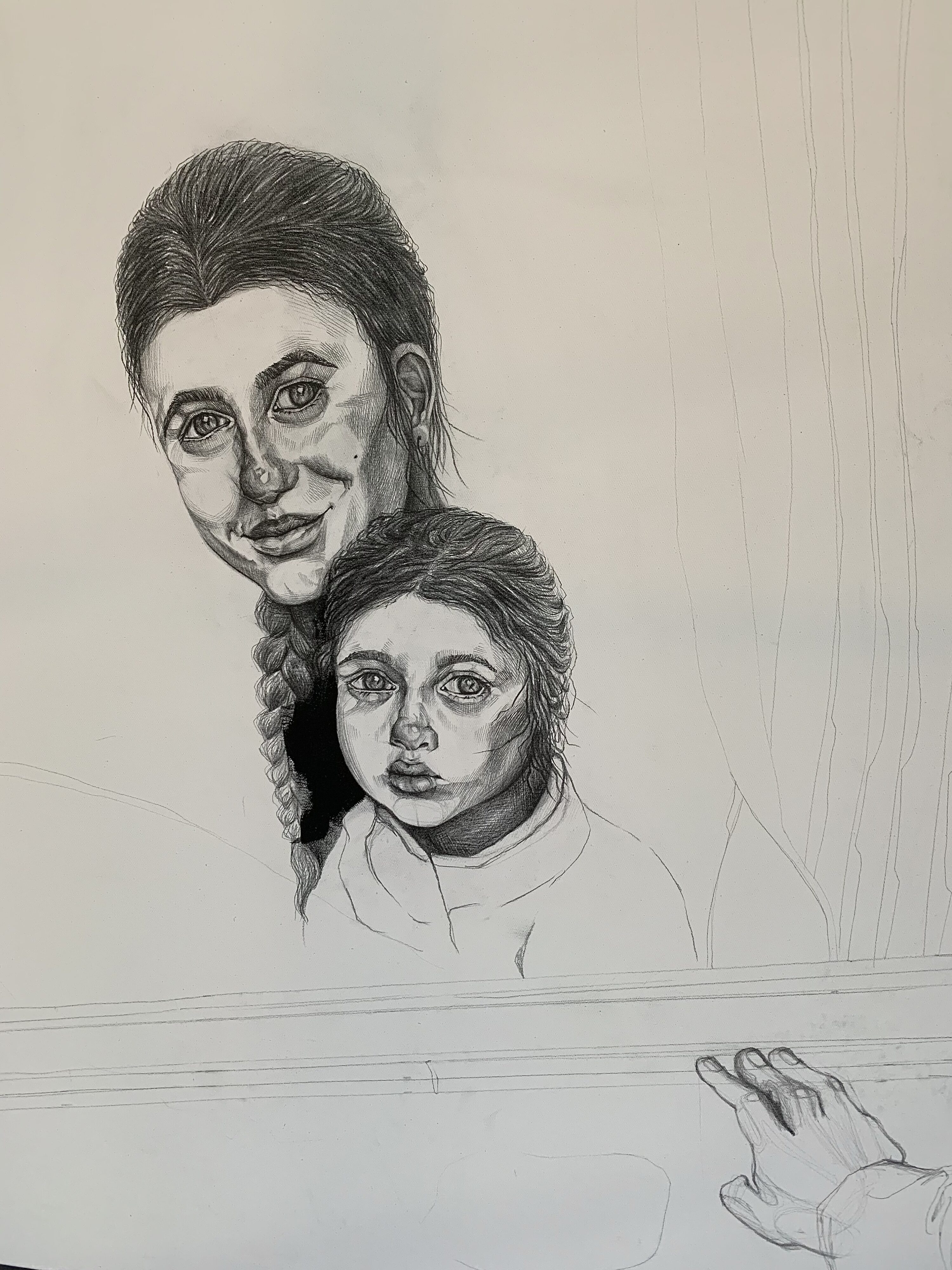
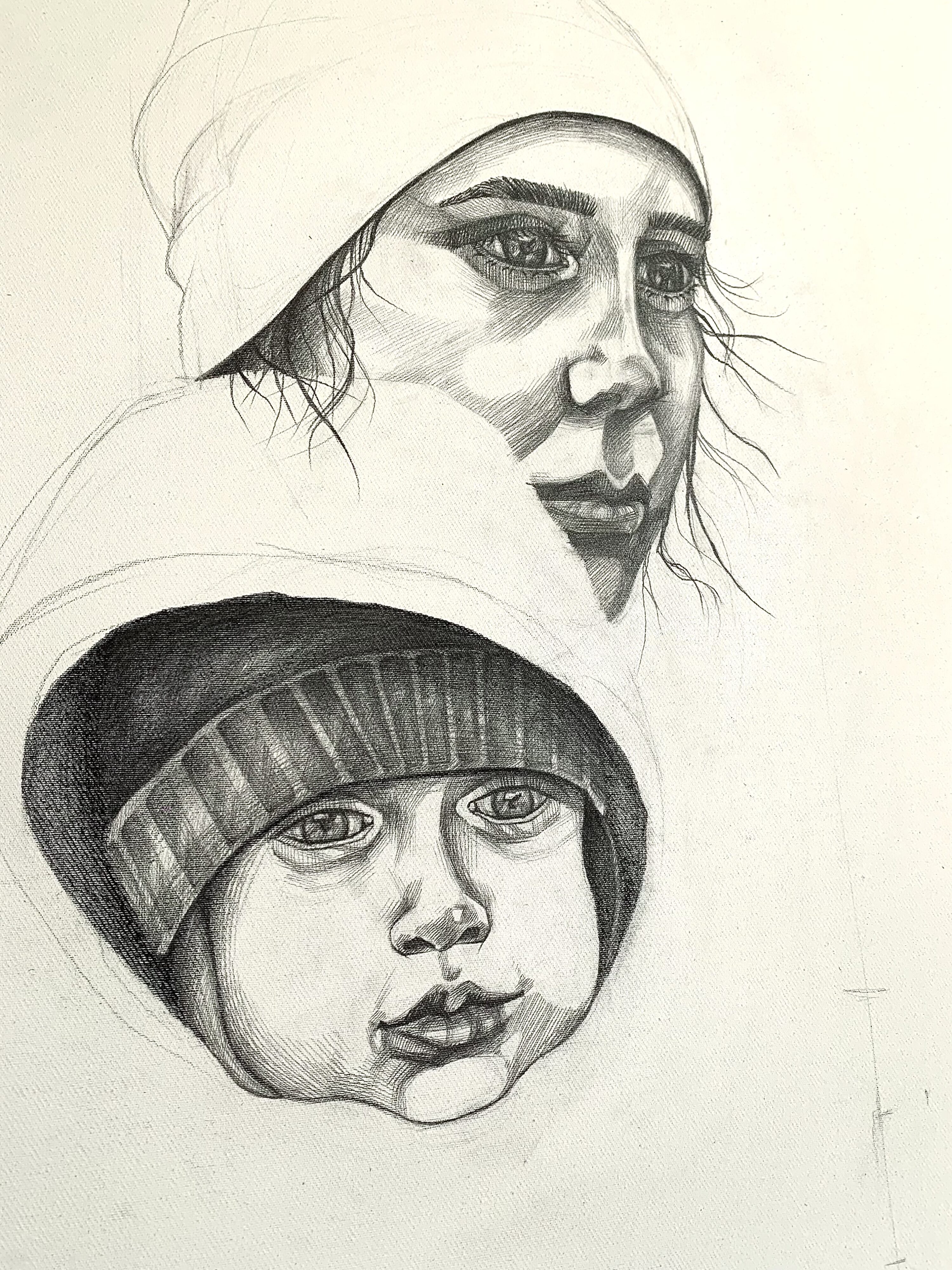
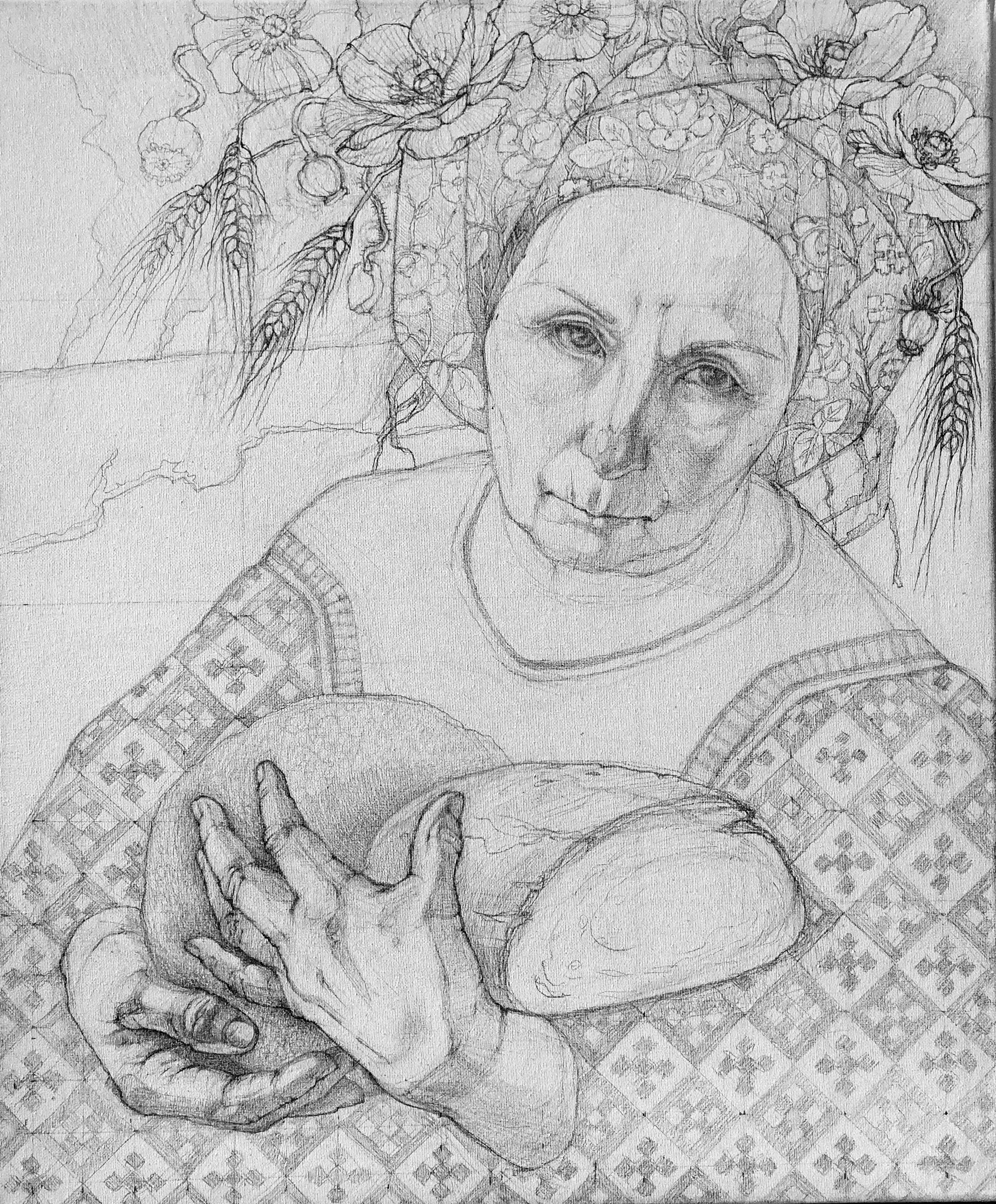
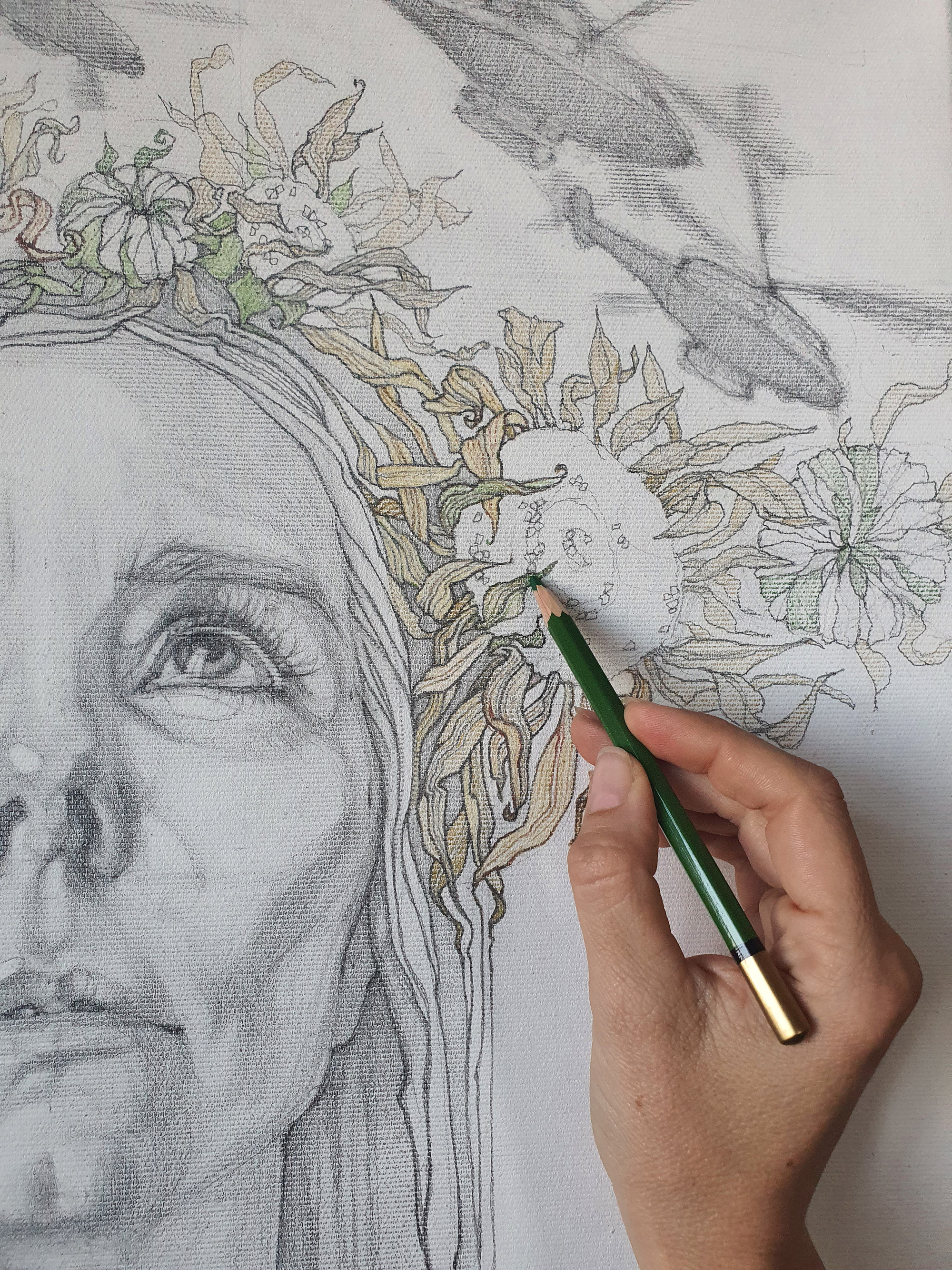

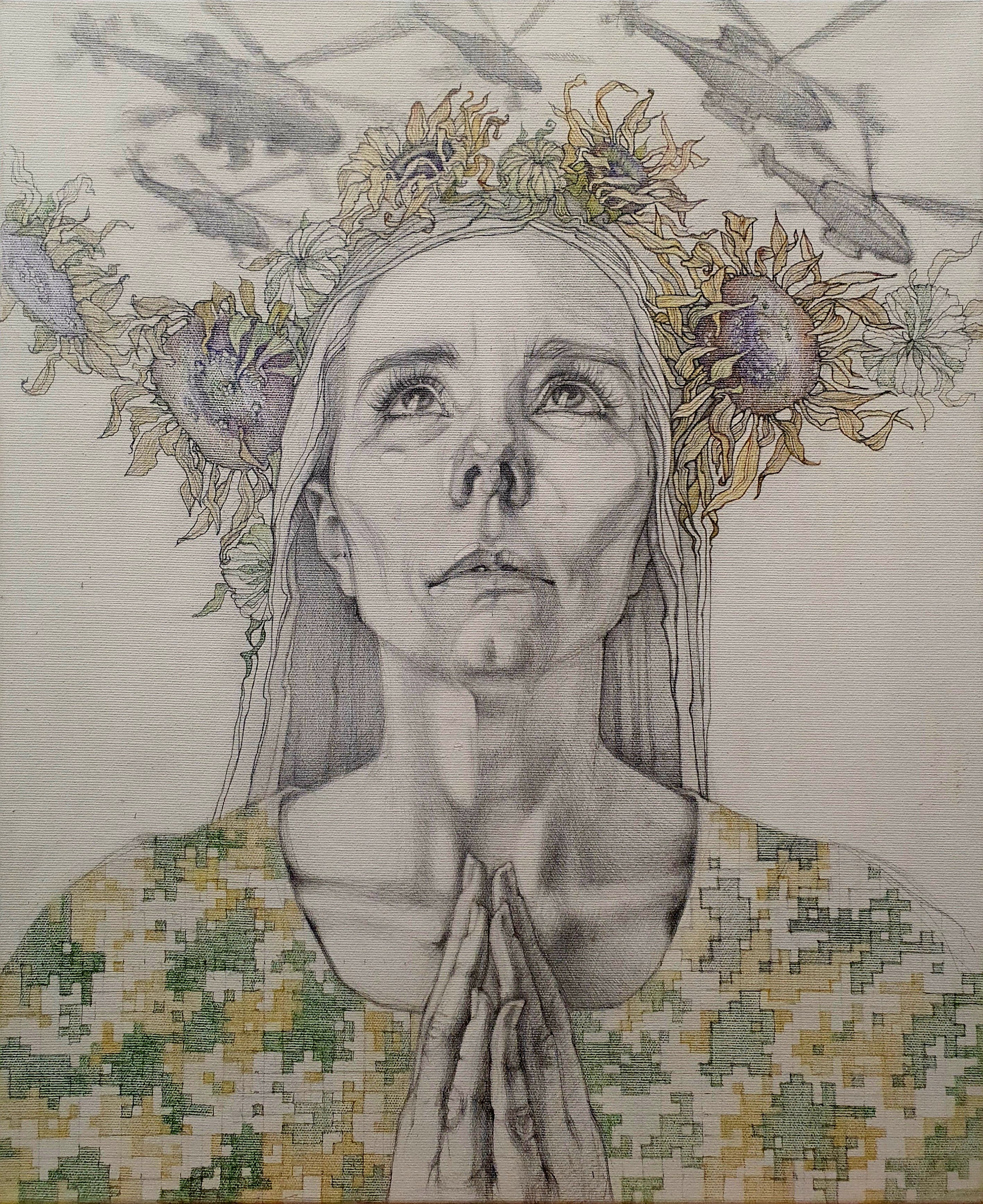
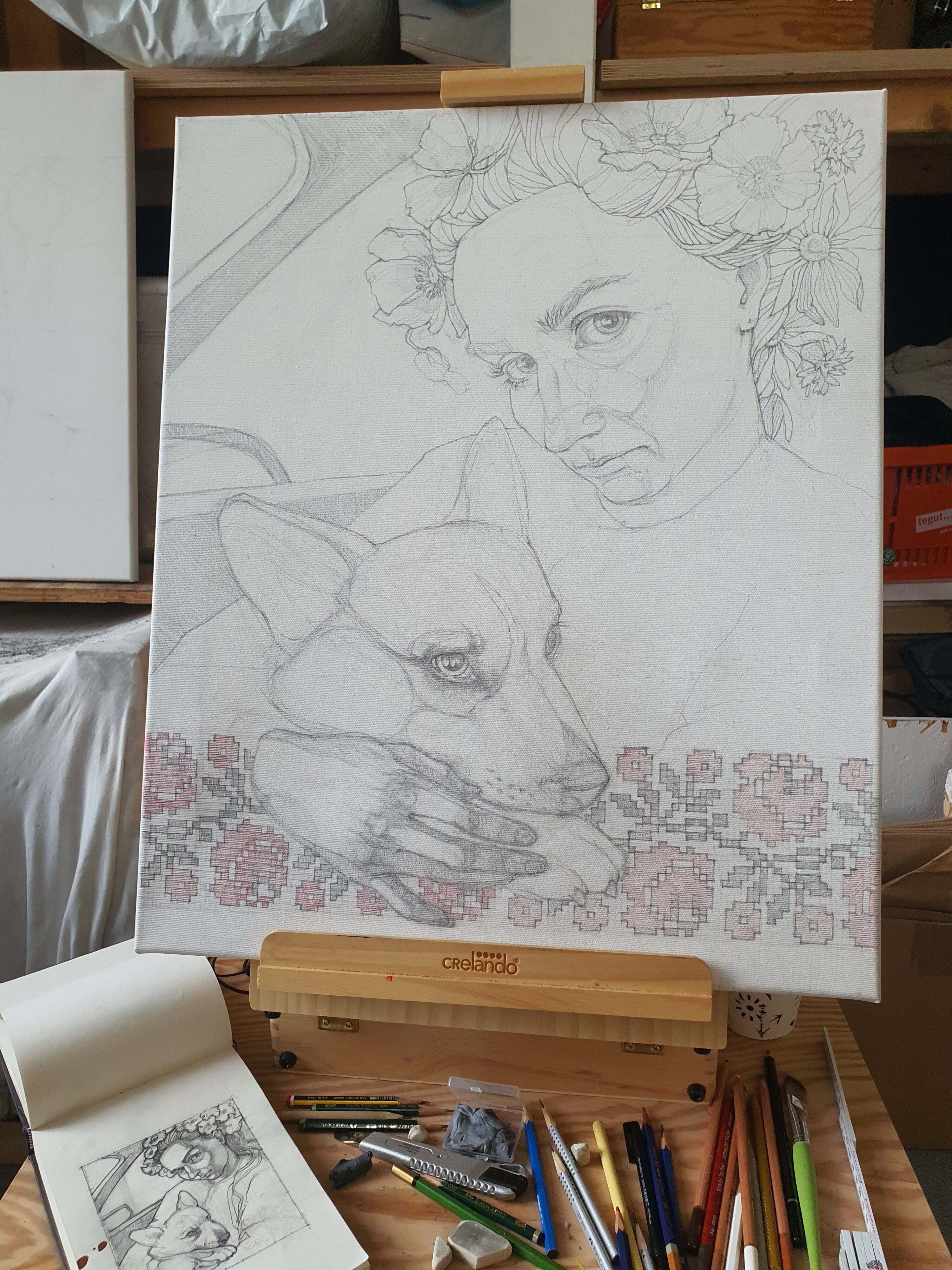

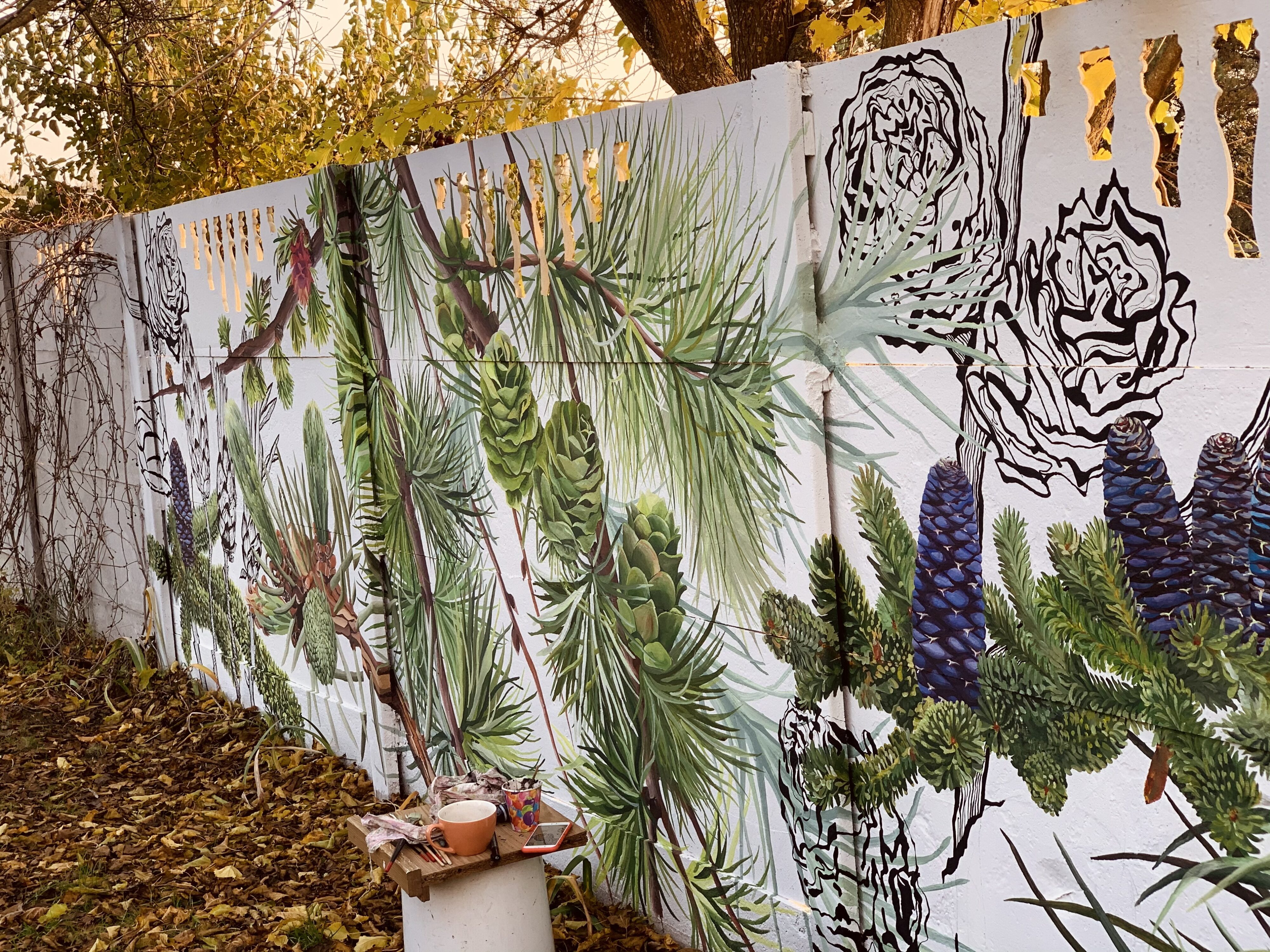
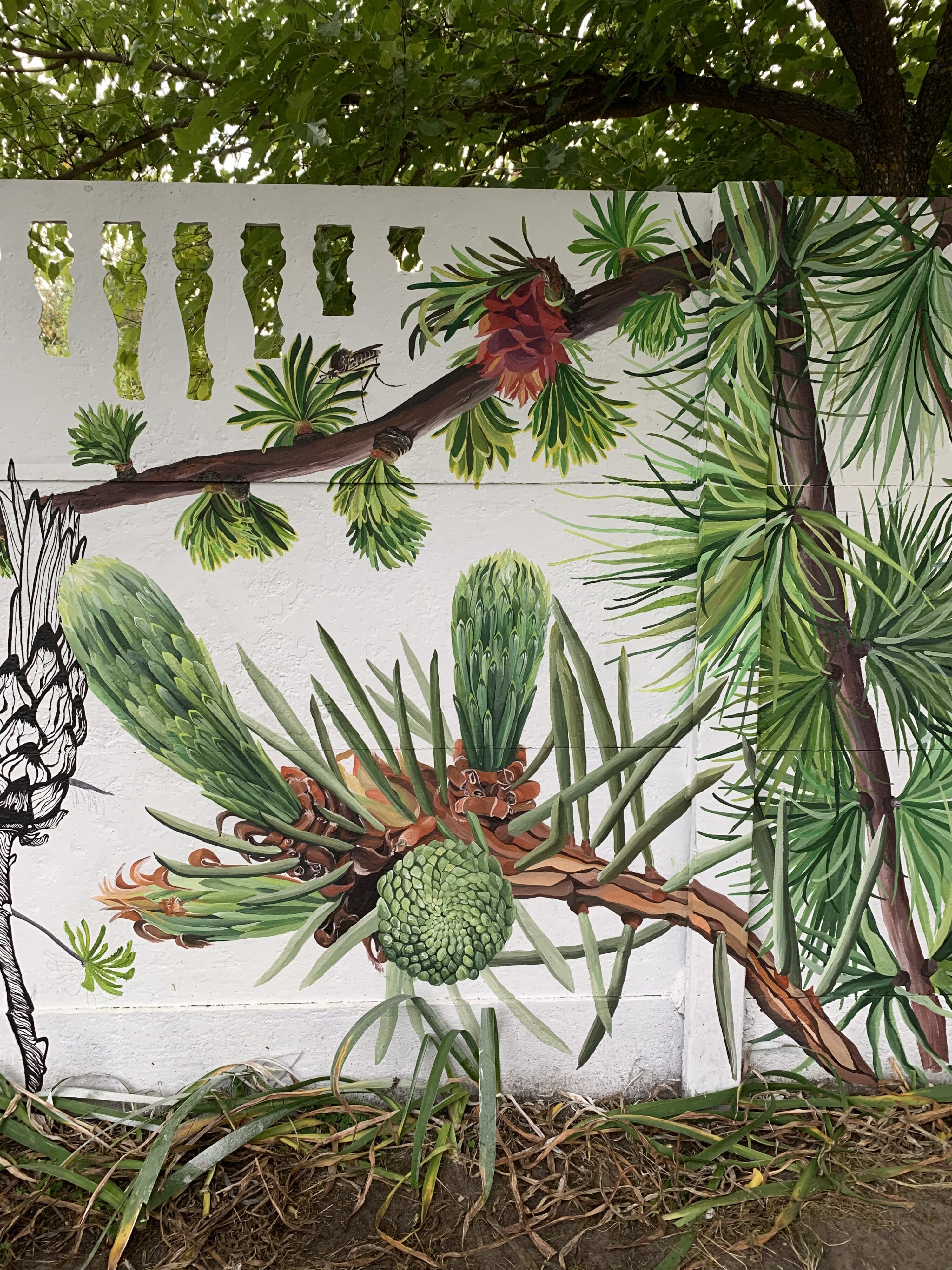
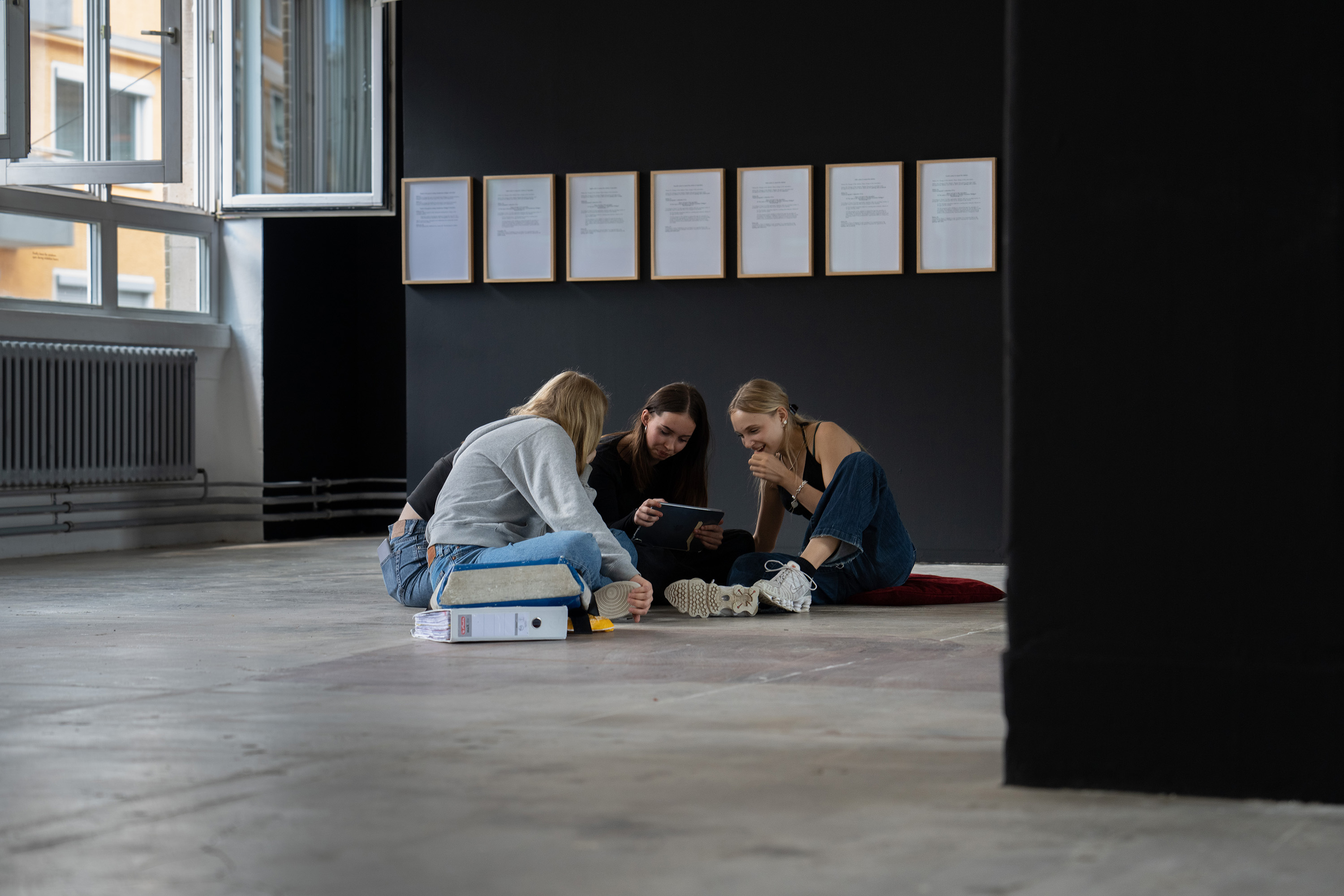
For our 16th Tuesday Workshop we invite Lennart Cleemann.
Tuesday, September 13, 2022, 7 p.m.
The event will take place on the third floor, in the studio of the artist.
“In einem Raum werde ich reden
mein Atelier
meine Arbeit
in Enge
umgeben von Charakteren
physisch manifestierte Momente
forcierte materielle Intimität
unausweichlicher Terror
existentielle reelle
subjektiv die Brust
ein bisschen Ruhe
ein bisschen Lust”
Lennart Cleemann (*1990) studied architecture (Hanover, Aarhus, Basel and Stuttgart). At the ABK Stuttgart he was part of Reto Boller’s art class and thus found his way into artistic practice.
At the Künstlerhaus he explores ideas and notions of “home”. He works with space and material. Through the construction and abstraction of rooms, furniture and playground equipment, he explores his environment and attempts to gain an understanding of its processes. In this process, the studio has become a place of necessity. It becomes a physical arena of the interior, absorbing whimsy, dust and sweat. The daily change of this intimate space and its observation serves the exploration of the self.
_______
Tuesday Workshop
The Künstlerhaus invites an artist or a collective—meaning any artists or cultural workers from any field or discipline—to talk about their working methods as well as their backgrounds and approaches. We want to establish a platform for a more in-depth interaction with regard to artistic practice, and in doing so to create a network, show solidarity, and mutually strengthen one other.
The series is aimed at all members of Künstlerhaus Stuttgart, artists either living in Stuttgart and the surrounding area or just traveling through, all cultural workers, art mediators, curators, etc., and is open to everyone!
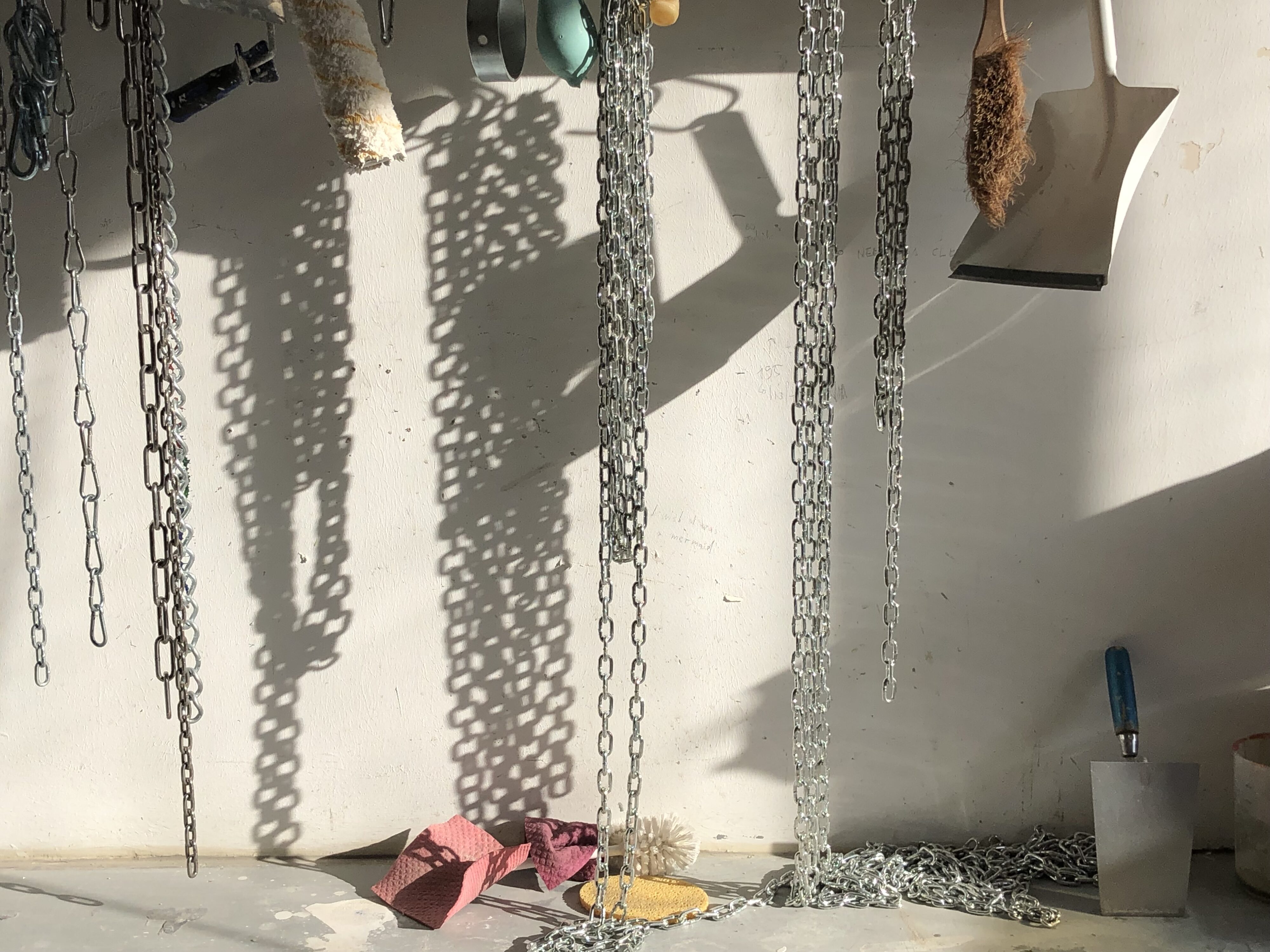
Sonntag, 4. September 2022, 14 bis 18 Uhr
im Künstlerhaus Stuttgart, Reuchlinstraße 4b, 70178 Stuttgart, 4. Stock
Seit Jahren verliert die Berichterstattung über Kultur (Feuilleton), sowohl örtlich wie auch darüber hinaus gehend, merkbar an Bedeutung und Qualität in den Lokalblättern Stuttgarts – Stuttgarter Zeitung und Stuttgarter Nachrichten. Nicht zuletzt der massive Personalabbau in den Redaktionen beider Zeitungen hat dies bewirkt.
Es zeigt sich, dass der Umfang des täglichen Feuilletons in der Regel zwei Seiten umfasst, deren Beiträge zum größten Teil Agenturmeldungen mit keinem örtlichen Bezug sind. Durch diese Einschränkungen erlangen besonders örtliche, durch Tagesaktualität bestimmte Anliegen in der täglichen Kultur-Berichterstattung in Stuttgart nachrangige bis minimale Bedeutung; dazu gehören Kritiken, Reportagen, Ankündigungen von Ereignissen, Personalien … Das monatlich erscheinende Buch „Kulturreport Stuttgart“ vermag das beschriebene Defizit nur begrenzt aufzufangen. So verbleibt den im Kulturbereich Tätigen keine redaktionell ernstzunehmende, mediale Plattform mehr.
Vor diesem Hintergrund lädt die Basisinitiative des Künstlerhauses, das „Vierte Organ“, zu einer öffentlichen Diskussionsveranstaltung ein. Wir fragen:
• Wie kann kritische Kulturberichterstattung im lokalen Kontext aussehen?
• Was sind aktuell die wichtigsten Themen in der lokalen Kunst und Kulturpolitik?
• Wie erreicht man diverse Öffentlichkeiten?
• Was erwarten Künstler*innen, Kritiker*innen, Kulturinstitutionen und -verwaltung von Kulturberichterstattung und -kritik?
• Welche Formate wünschen wir uns?
• Wie lässt sich unabhängige Kulturberichterstattung finanzieren?
Lokale Pressevertreter*innen, Kunstkritiker*innen, Künstler*innen und freie Journalist*innen werden ihre Perspektiven darstellen und in einer moderierten Diskussion mit den Besucher*innen des Symposions ins Gespräch kommen.
Referent*innen sind:
• Adrienne Braun, freie Journalistin und Autorin, u.a. Stuttgarter Zeitung, Stuttgarter Nachrichten, Süddeutsche Zeitung, Themenschwerpunkt Kunst und Theater;
• Dr. Dietrich Heißenbüttel, Kunsthistoriker, freier Journalist und Autor, Kontext Wochenzeitung, Themen: Kunst, Architektur und Stadtplanung;
• Alexa Dobelmann, Mitbegründerin von Frame[Less], digitales Magazin für Kunst in Theorie und Praxis;
• Judith Engel, freie Kulturjournalistin und Autorin, Dozentin für Kulturtheorie an der Merz-Akademie Hochschule für Gestaltung Kunst und Medien Stuttgart
Anschließend möchten wir in Workshops konkrete Maßnahmen erarbeiten, mit denen wir dem diagnostizierten Mangel begegnen können.
Das Ziel ist es, eine neue Plattform für Kritik & Kulturjournalismus zu schaffen, wofür wir Mitstreiter*innen und Unterstützer*innen suchen, die durch ihr Wissen und ihre Expertise bei diesem Projekt helfen können. Wir laden Sie deshalb auch ein, um gemeinsam über die Anforderungen und die daraus resultierende Struktur dieses neuen Formates nachzudenken.
Für die Teilnahme an dem Symposium bitten wir um Anmeldung unter info@kuenstlerhaus.de
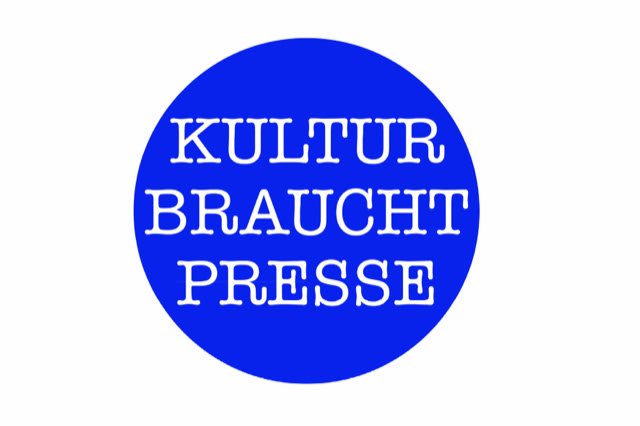
After two years of forced break due to corona, an exhibition will take place again this year in Stuttgart’s city hall. For this, the Künstlerhaus invited its artist members via Open Call to participate and submit works on this year’s theme of the exhibition “Island”.
21 artists have been selected and will again provide an insight into their current work in the 6th edition of the city hall exhibition. The artists not only draw on different media, but also approach the theme of the exhibition in different ways in terms of content and concept.
The cross-generational group exhibition once again impressively demonstrates the role of Künstlerhaus Stuttgart as a place of exchange as well as artistic production, and it also represents the cross-section of Stuttgart’s artistic diversity.
Mit freundlicher Unterstützung der Landeshauptstadt Stuttgart

Zu unserer 15. Dienstags-Werkstatt laden wir Christian Diaz Orejarena ein.
Dienstag, 14. Juni 2022, 19 Uhr
Die Veranstaltung wird im 3. Stock im Künstlerhaus stattfinden.
Ein Comic, der sich mit der deutschen Kolonialgeschichte in Kolumbien beschäftigt. Im Rahmen eines Stipendiums bewegt sich Christian Diaz Orejarena auf den sogenannten »Lengerke Wegen« im Nordosten Kolumbiens, die von einem deutschen Unternehmer im 19. Jahrhundert angelegt wurden. Dort stößt er auf Heldengeschichten über skrupellose Kaufleute, Mythen und Geschichten rund um Ausbeutung und Größenwahn und wirtschaftliche Mechanismen, die sich bis heute fortsetzen. Auf verschlungenen Pfaden, Wegen und Gedanken folgen wir der Familiengeschichte des Autors, treffen auf aufklärerische Karnevalsmasken, den zum Leben erwachten Walking Man aus München und indigene Widerständler:innen.
Experimentell, lustig und abgedreht nähert sich Christian Diaz Orejarena in Otras Rayas – Andere Linien einem Thema an, das im deutschsprachigen Raum noch nicht viel Beachtung erfahren hat und das, obwohl es sehr enge Verbindungen nicht nur zwischen Kolumbien und Kaufleuten aus den hiesigen Hansestädten gab.
Infos zum Buch OTRAS RAYAS – ANDERE LINIEN https://christiandiaz.net/otraraya/index.html
https://thegoldenpress.org/produkt/otras-rayas%E2%80%89-%E2%80%89andere-linien/
Teaser der Performance: https://vimeo.com/662773781?embedded=true&source=vimeo_logo&owner=497281
Christian Diaz Orejarena,
in München geboren und aufgewachsen, studierte in Berlin und Wien Konzept- und Medienkunst. Er arbeitet an recherchebasierten und interdisziplinären Projekten, die oft in kollektivem Zusammenhang entstehen. In seiner künstlerischen Arbeit erzählt er selbstironische und persönliche Geschichten über seine postmigrantische Biografie und konstruiert darüber einen dokufiktiven Blick auf sozio-politische, ökonomische und ästhetische Verbindungen zwischen Kolumbien und Deutschland. Den eigenen Wahnsinn vor Augen, hält er durch seine künstlerische Praxis der Gesellschaft den Spiegel vor die Nase und baut Zeichnungen, Videos und Aktionen ins Leben zurück, die von unangepassten Dingen, widerständigen Menschen und antikolonialen Traumwesen berichten. Seit er mit dem Kollektiv rampe:aktion zusammen arbeitet, motiviert er auch andere sich mittels Zeichnung, Film und Poesie eine undisziplinierte Welt zu erkämpfen.
_____
Dienstags-Werkstatt
Mit der Dienstags-Werkstatt lädt das Künstlerhaus Künstler:innen oder Kollektive ein, über ihre Arbeitsweisen, Hintergründe und Vorgehensweisen zu sprechen. Wir wollen eine Plattform etablieren, in der sich intensiver zur künstlerischen Praxis ausgetauscht wird und uns so vernetzen, solidarisieren und gegenseitig stärken.
Die Reihe richtet sich an alle Mitglieder des Künstlerhaus Stuttgart, an Künstler:innen aus Stuttgart und Umgebung, oder auf der Durchreise, an alle Kunstvermittler:innen, Kurator:innen, Kulturschaffende usw. und ist offen für alle!
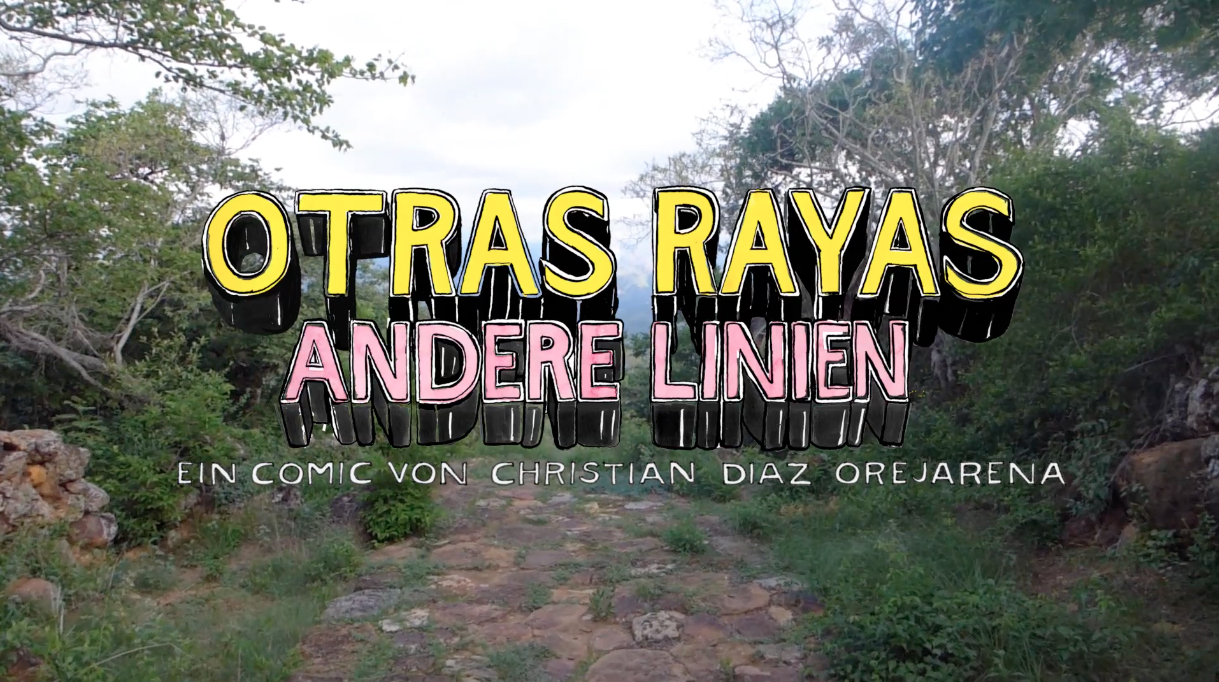
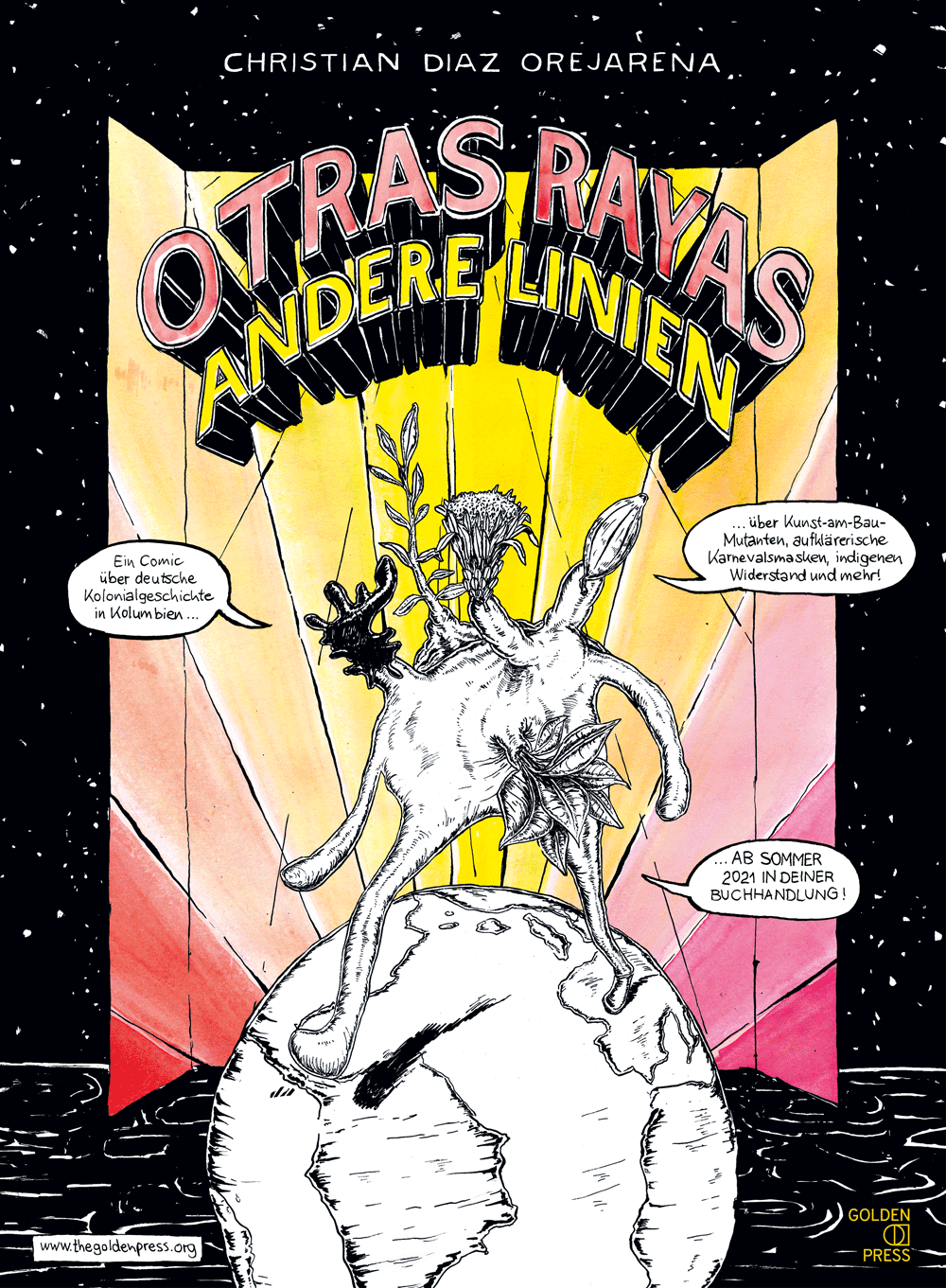
On Saturday, June 4 at 7 p.m., the next session of the Fourth Organ will be held at the current exhibition “It has nothing to do with happiness” by Anike Joyce Sadiq.
It is also possible to participate via Zoom at the following link:
https://us02web.zoom.us/j/82690585857?pwd=MHJxUmo2UE5BcUNnYzFRL2VBSFdXZz09
Meeting ID: 826 9058 5857
ID code: 236881
We want to deal with two topics at this meeting:
– on the one hand with the survey from Anike Joyce Sadiq, which she sent out to all members at the end of last week
– secondly, we want to discuss possible formats & events that can take place during the exhibition

Die Stuttgarter Künstler:innen Kerstin Schaefer und Christa Munkert – die als FUKS Freie Unabhängige Künstlerinnen Stuttgart seit 2010 kollaborative und partzipative Installationen und Aktionen im öffentlichen Raum durchführen in unterschiedlichsten Konstellationen mit Künstlerkolleg:innen und Publikum – an Kunstorten oder in neuen, aufregenden Spaces…sind am Sonntag, dem 22. Mai 2022 von 11-16:00 Uhr im KÜNSTLERHAUS STUTTGART zu Gast.
Im Rahmen des inklusiven Kulturfestivals „FUNKELN inklusive“ realisieren Sie gemeinsam mit dem Stuttgarter Künstler Kurt Grunow und den Gästen Ihre Malerei-Lichtskulptur 1000 X LEUCHTEN/ TAUSENDSCHÖN. Dabei werden auf durchsichtigen Materialien Bilder gemalt, welche zu einer transluzenten Rauminstallation zusammengefügt werden.
Mehr Infos unter www.fuksweb.blogspot.com
Es entsteht ein kleiner Film ab 14 Uhr.
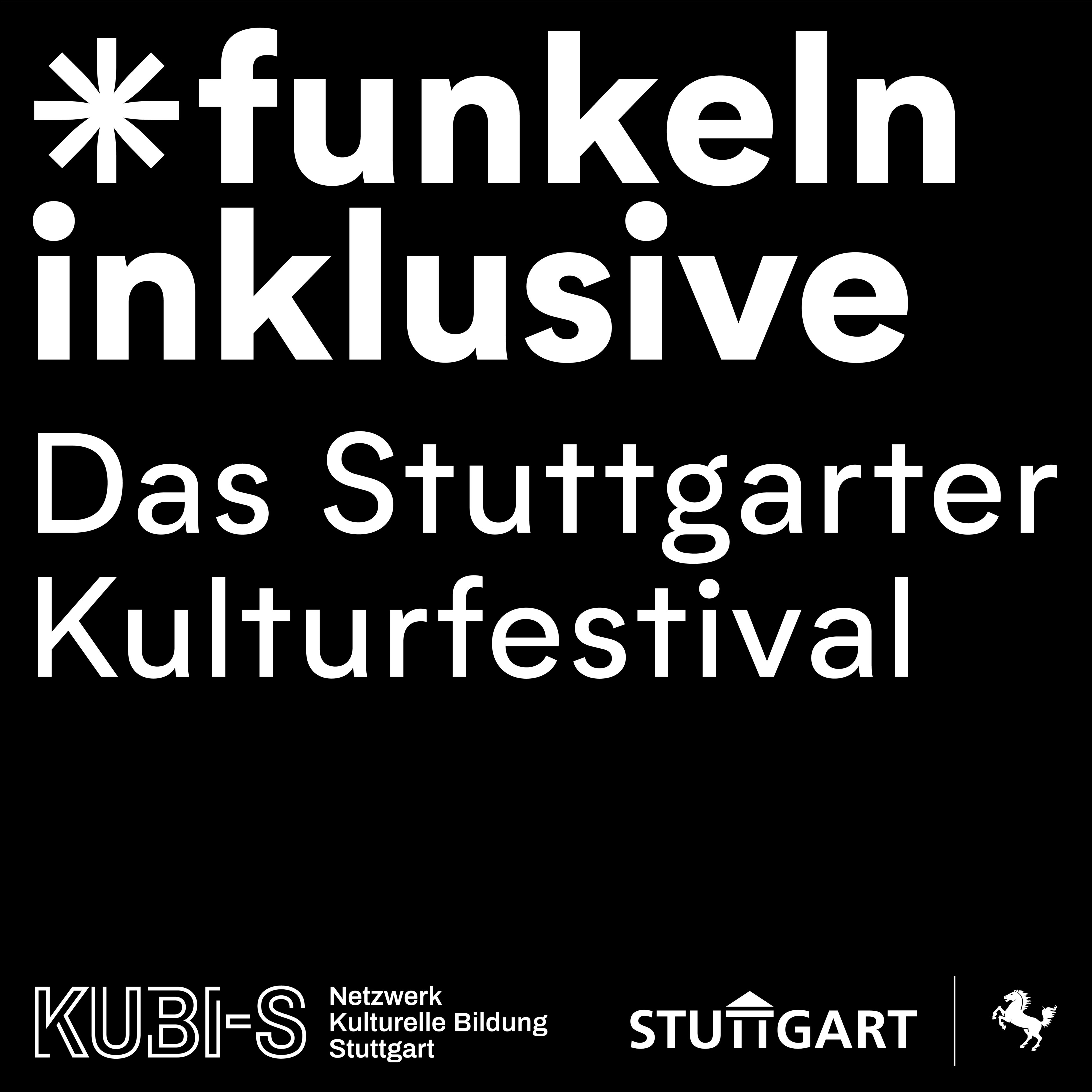
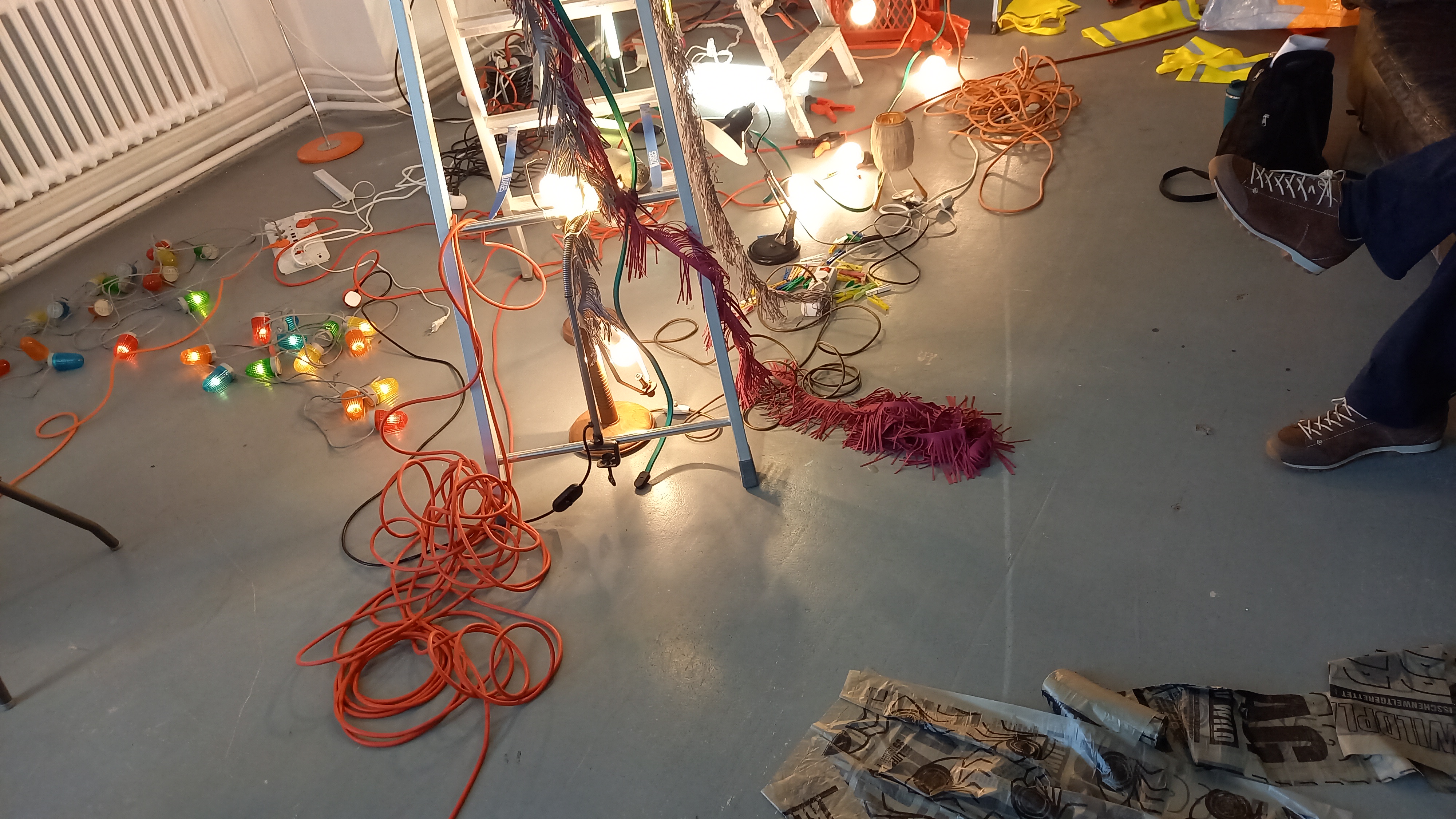
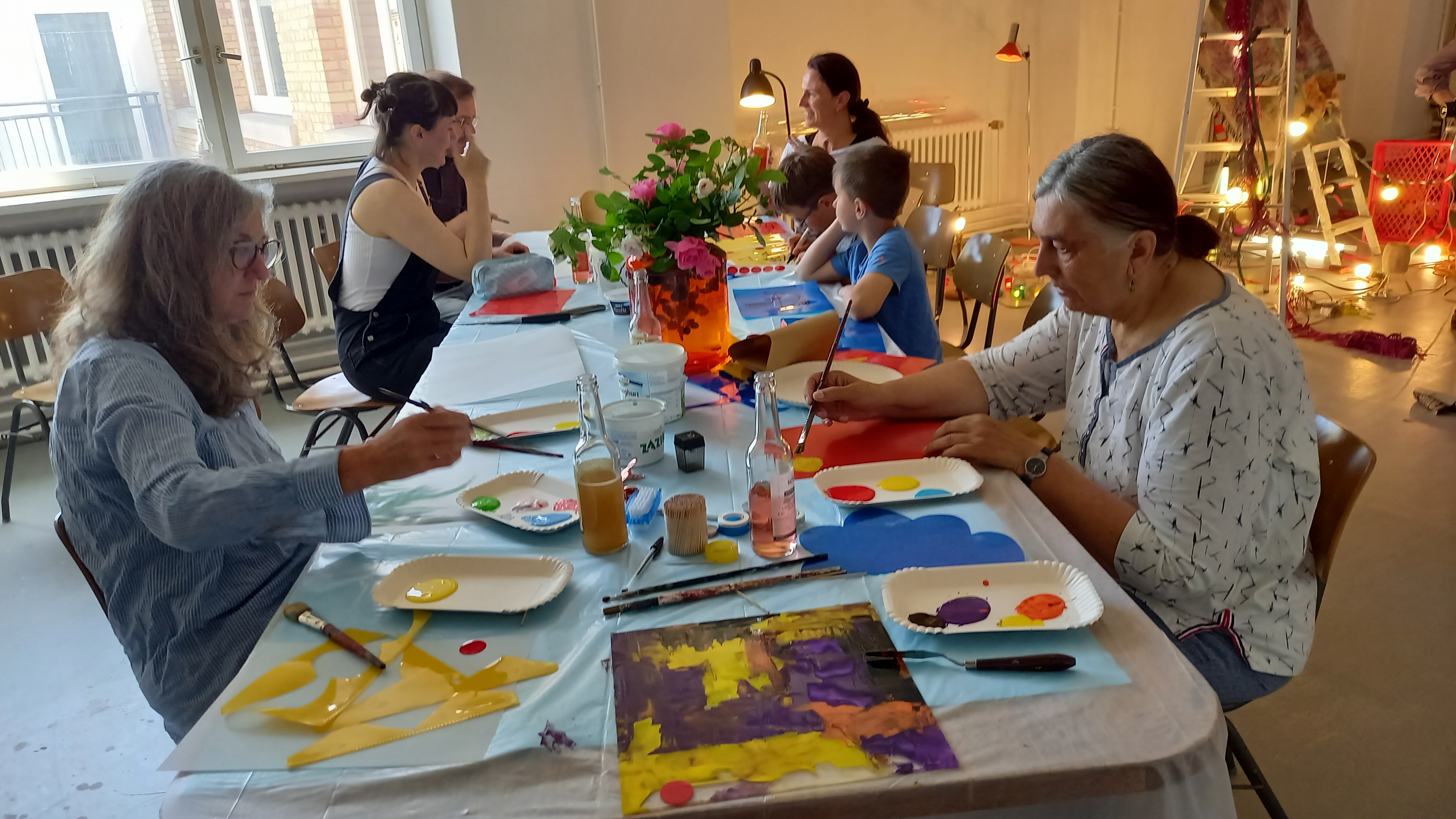
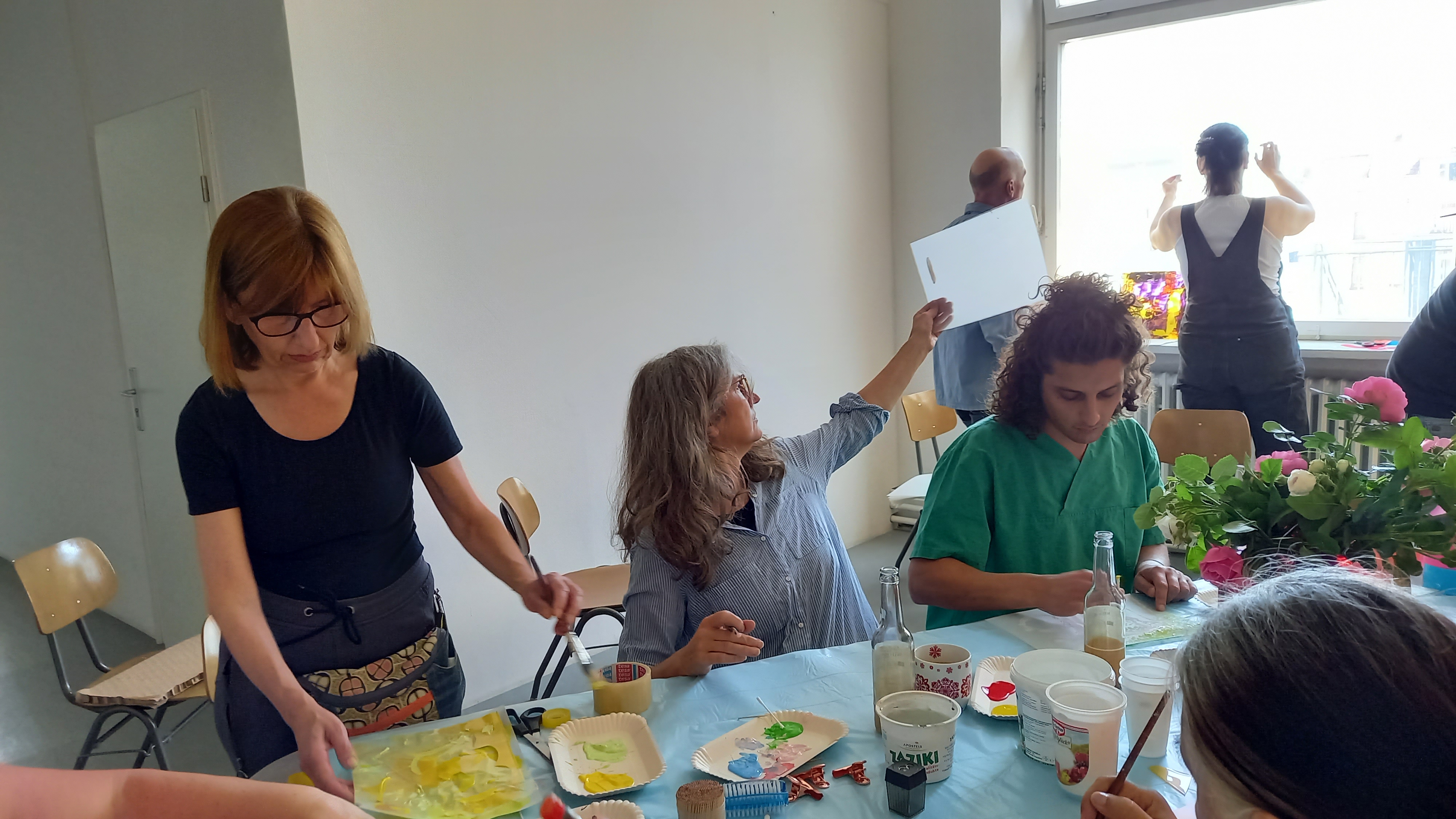
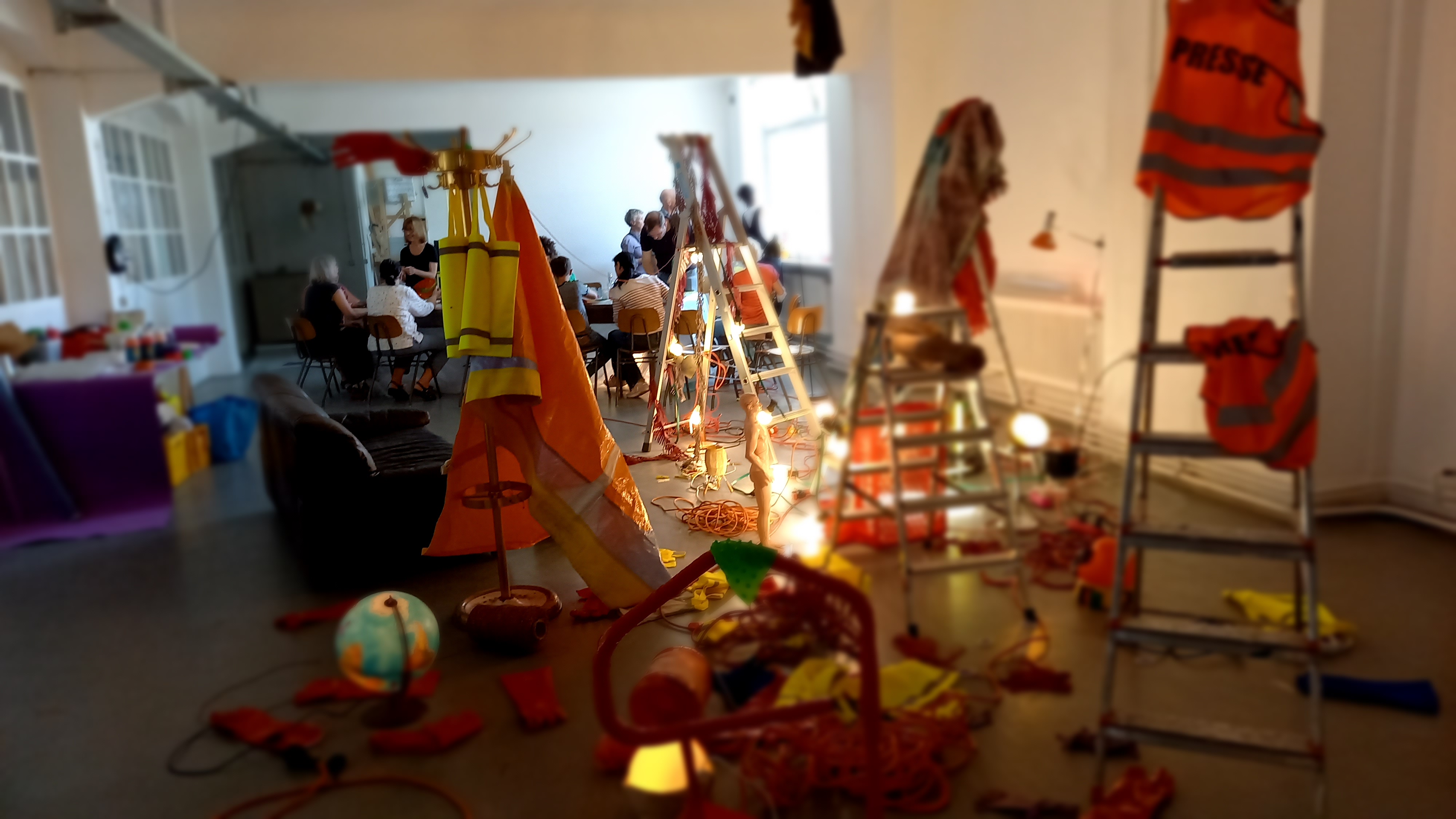
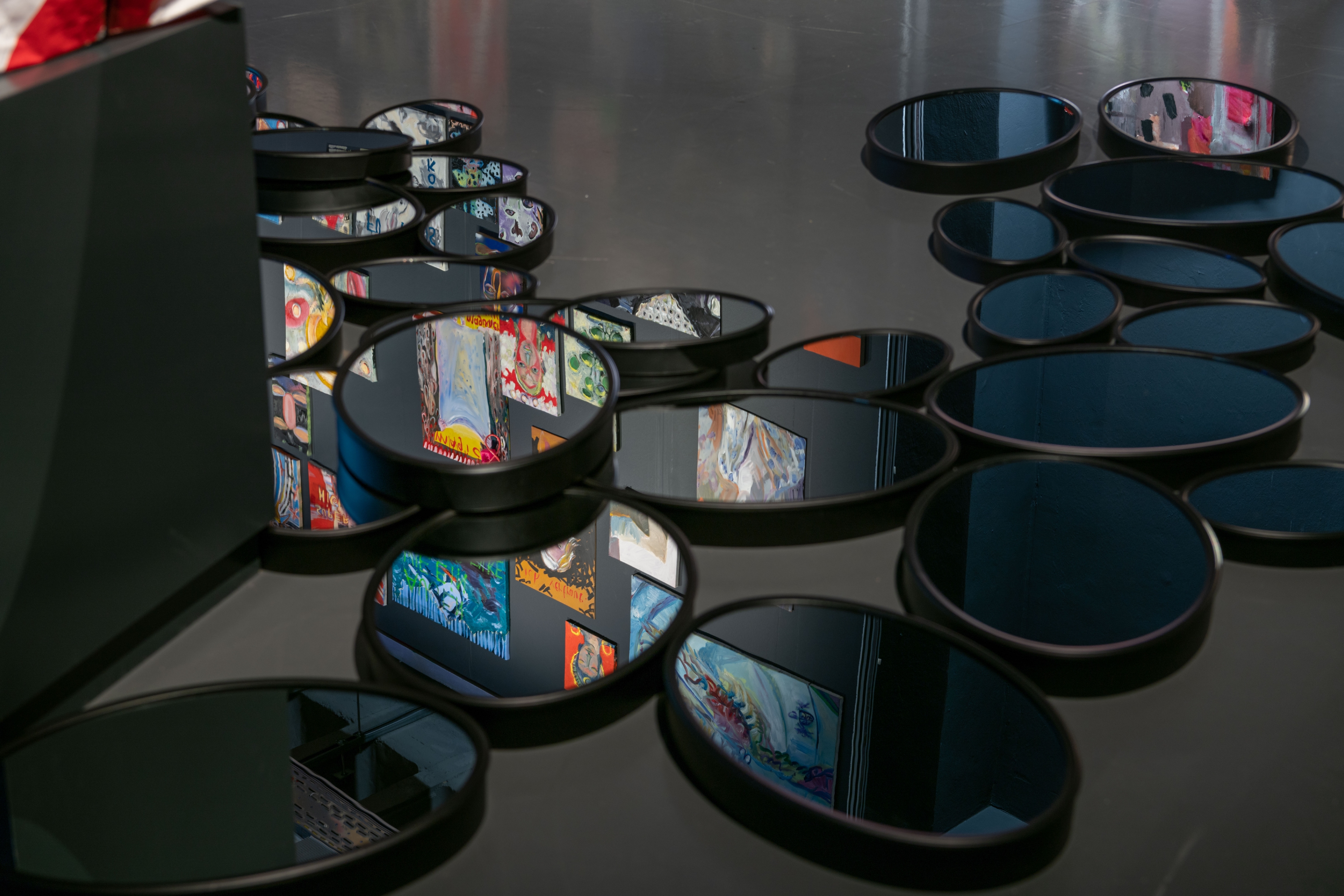
The work of Anike Joyce Sadiq consistently reconsiders the extent to which social dynamics, intersectionality, and perspectives of difference are negotiated within institutional structures. Sadiq’s exhibition projects often produce scenographic spaces with installation works that activate a social-situational awareness of the immediate institutional context. The artist creates mechanisms and platforms for attentiveness to one’s social surroundings, including the people, their interactions, and their behaviors. Sadiq is interested in how interactive, divergent, and converging lived relations specifically play out within sites of artistic production and reception. The scenographic spaces that Sadiq produces contend with fundamental challenges to social connectivity, recognizing for instance that disclosure and exchange are pursued within art institutional structures that too frequently undermine these pursuits. Informing the planning, construction, and use of these spaces Sadiq creates within institutions, the artist at times takes an active mediating role in communications with representatives of the hosting institution and invited collaborators. Sadiq works as an interlocutor, seeking out other interlocutors and inviting in allies, in order to examine dependencies, reciprocities, differences, and hierarchies within the institutions where the artist works. Taking on this high-risk role of internal mediation in producing her exhibition projects, Sadiq employs a position of critical ambivalence that recognizes how institutions intended to be places of public-facing accessibility and facilitation almost always operate internally by deferral and obstruction.
Anike Joyce Sadiq’s first major monographic exhibition in Stuttgart, Mit Glück hat es nichts zu tun, presents newly produced work that carries forward the artist’s investigations into complex social dynamics through mediated spaces that center perceptions of difference. Sadiq’s exhibition at the Künstlerhaus Stuttgart comprises multiple interrelated pieces situated within a large-scale installation. Sadiq wrote a questionnaire addressed to all association members of the Künstlerhaus Stuttgart.[1] The questionnaire itself and the responses to this multiple-choice survey are presented in the exhibition gallery. Additionally, beyond the artist’s exhibition in Stuttgart, the survey and database of survey results will be maintained indefinitely as an openly accessible online platform, with Sadiq distributing the survey to art institutions globally while updating language and other accessibility features to the website as the platform is more widely distributed. While the survey reflects on the status quo and demographics—the racially- specific, gender-specific, class-specific relations—that currently constitute the Künstlerhaus Stuttgart, Sadiq has created a large-scale installation in the gallery that is devoted to generating critically reflexive discussions about the future potential of the institution. Built from a repurposed scaffolding system, Sadiq’s installation emphasizes contingent relations and conditional infrastructure. Focusing on this critical horizon, Sadiq invited a semi-autonomous organization associated with the Künstlerhaus Stuttgart, named the Fourth Organ, to hold their monthly meetings within the large installation. Sadiq has been actively engaged in the Fourth Organ meetings since the organization’s founding in 2020, at the outset of the pandemic and most recent social justice uprising. The Fourth Organ is intended to offer an open, inclusive, interstitial space within the Künstlerhaus Stuttgart, where individuals and groups can voice their interests for the institution. But the Fourth Organ is not solely a space for voicing open proposals or the politics of protest, the monthly meetings are intended to serve a very specific purpose of developing formal motions to be voted on at the annual membership meeting. For Sadiq, the porousness of the Fourth Organ is consistent with her artistic interests in holding space for contentious social dynamics and dissenting positions within art institutions. Because the Fourth Organ meetings are open to board members, staff members, association members, and non-members alike, safety and discretion are challenged by the authority dynamics present in these gatherings. The final work in Sadiq’s exhibition is an interview text the artist conducted with the writer Andrea Scrima that reflects on their experiences working in art institutions, with specific case-study attention given to recent experiences working within the Villa Romana, a German art institution which oversees a residency program in Florence Italy, and which offers related exhibitions and programming. Sadiq’s and Scrima’s incredibly candid first-person account evidences their experiential research into institutional conduct broadly, while also focusing in on the particularly fraught socio-economic conditions of the Villa Romana.[2]
Schedule of Programs:
21/05/2022 (8pm)
Judith Hamann performs a site-specific sound work within the exhibition installation
10/06/2022 (6.30pm)
Discussion with Anike Joyce Sadiq, Simone Frangi, Justin Randolph Thompson, Lucrezia Cipitelli, Alessandra Ferrini, and Andrea Scrima at the Villa Romana, in Florence, Italy
04/06/22 & 04/07/22 & 04/07/22 (7pm) & 04/09/22 (2-6pm)
Fourth Organ Meetings: Open to all members and anyone who may be considering membership. A space for initiatives, criticisms, and perspectives, while supporting discussions that consider relations between artistic and institutional practices
19/06/2022 (3pm)
Eric Golo Stone, Artistic Director of the Künstlerhaus Stuttgart, gives a tour of the exhibition open to the public at the Künstlerhaus Stuttgart
Wed/Thu/Fri/Sat/Sun (12—6pm)
Künstlerhaus educators lead public discussions of the exhibition
[1] Consistent with the kunstverein structure, the Künstlerhaus Stuttgart is constituted by the legal-economic structures of association law in Germany. The Künstlerhaus Stuttgart currently has over 500 members.
[2] For each work within the exhibition, Sadiq engages in the complex messy work of analyzing, embodying, and enacting institutional structures. The work of institutional analysis and critique is frequently dismissed as being easily adopted and neutralized by the institution in question, but this dismissive characterization of institutional work does not account for the hard fought behind-the-scenes efforts by artists and their collaborators. It must not be forgotten that there are real limitations to confronting institutional structures through artistic positions, with artists’ projects being canceled and collaborating institutional representa- tives having their jobs terminated.
Mit Glück hat es nichts zu tun at the Künstlerhaus Stuttgart has been organized in cooperation with Anike Joyce Sadiq’s concurrent presentation of her works “You never Look at Me from the Place from which I See You” (2015), “Papierstück” (2014) and “Berührung” (2008) at the permanent collection of the Kunstmuseum Stuttgart.
Realized with public funding from the city of Stuttgart
With the generous support of the Stiftung Kunstfonds
In collaboration with the Akademie Schloss Solitude



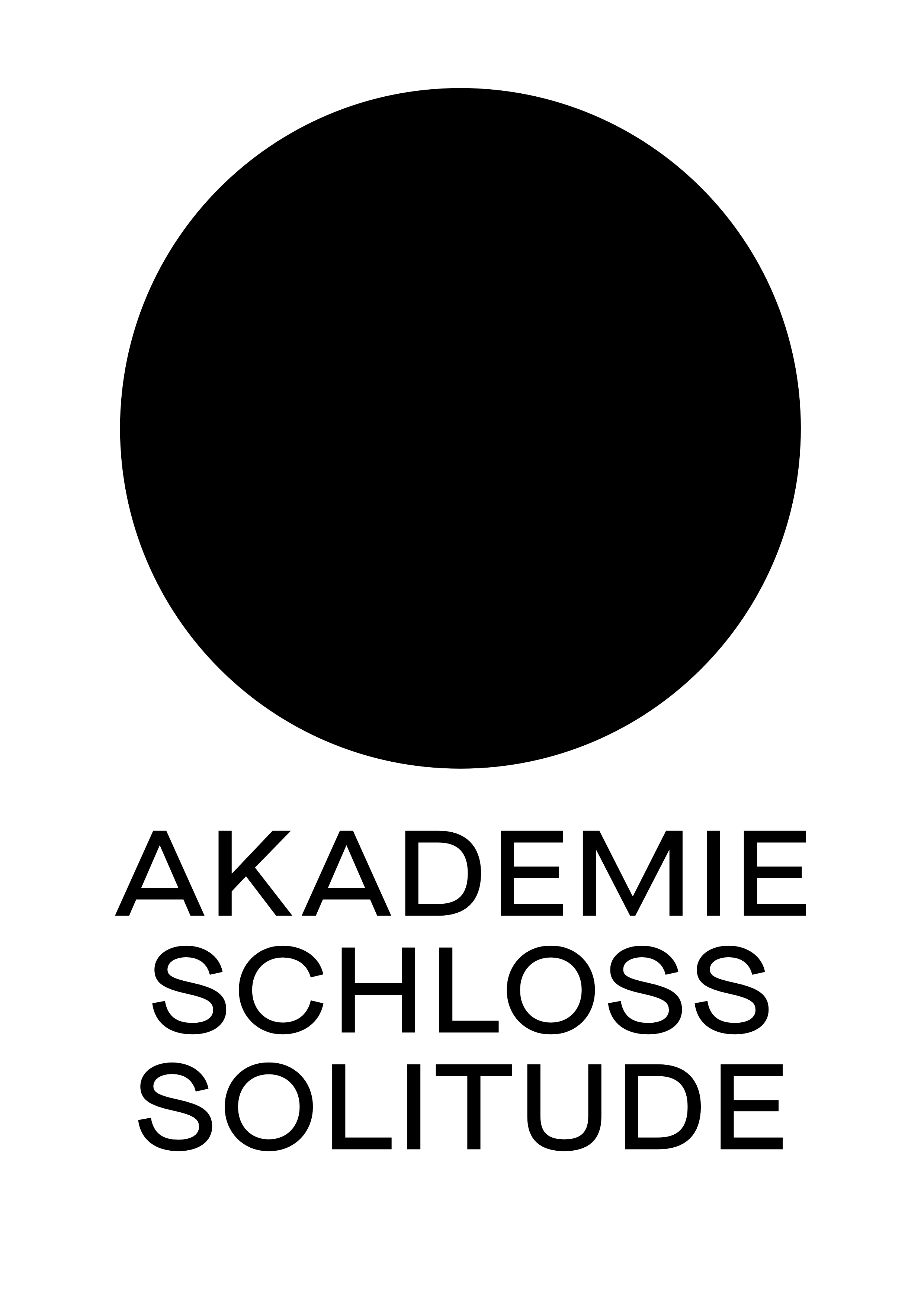
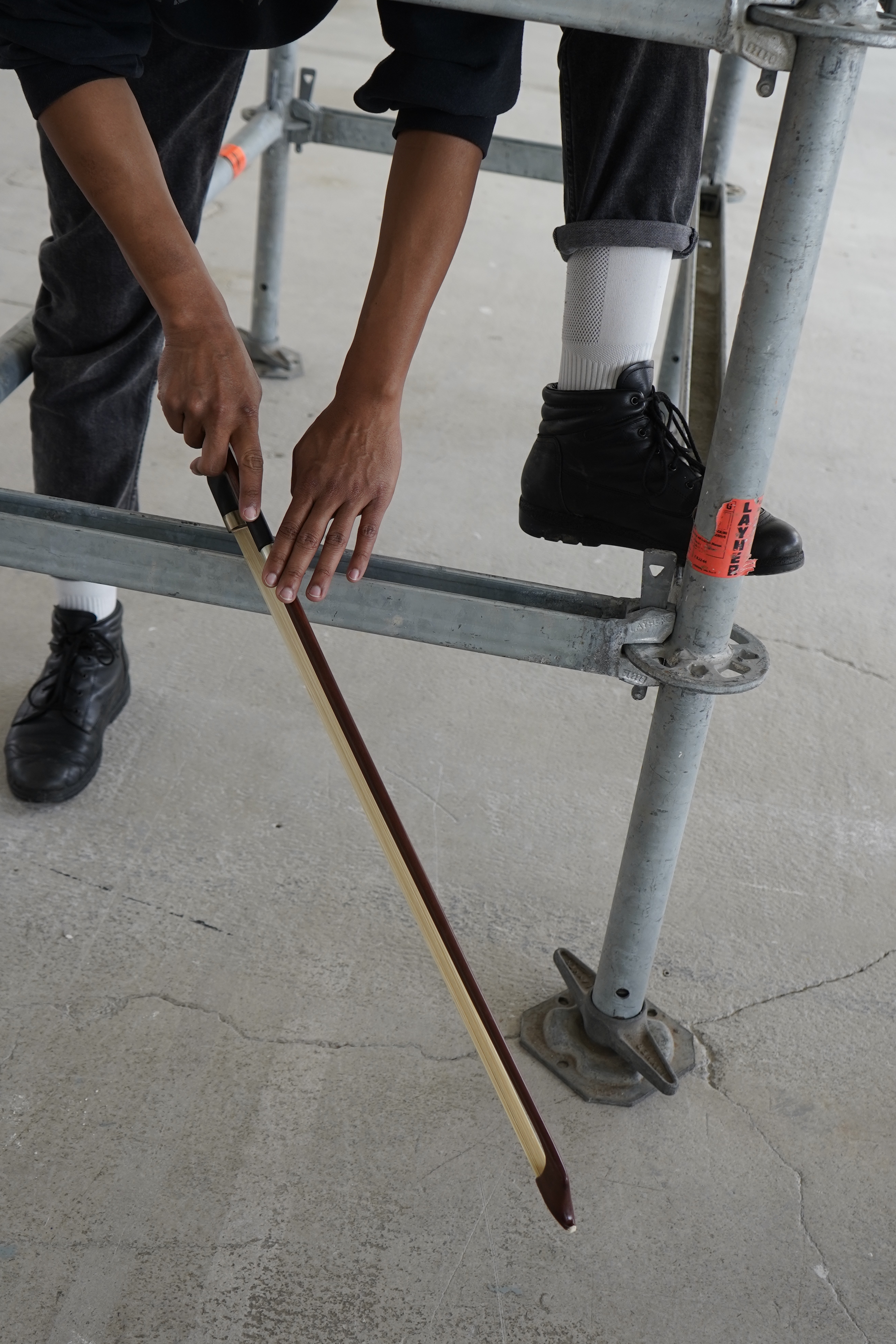
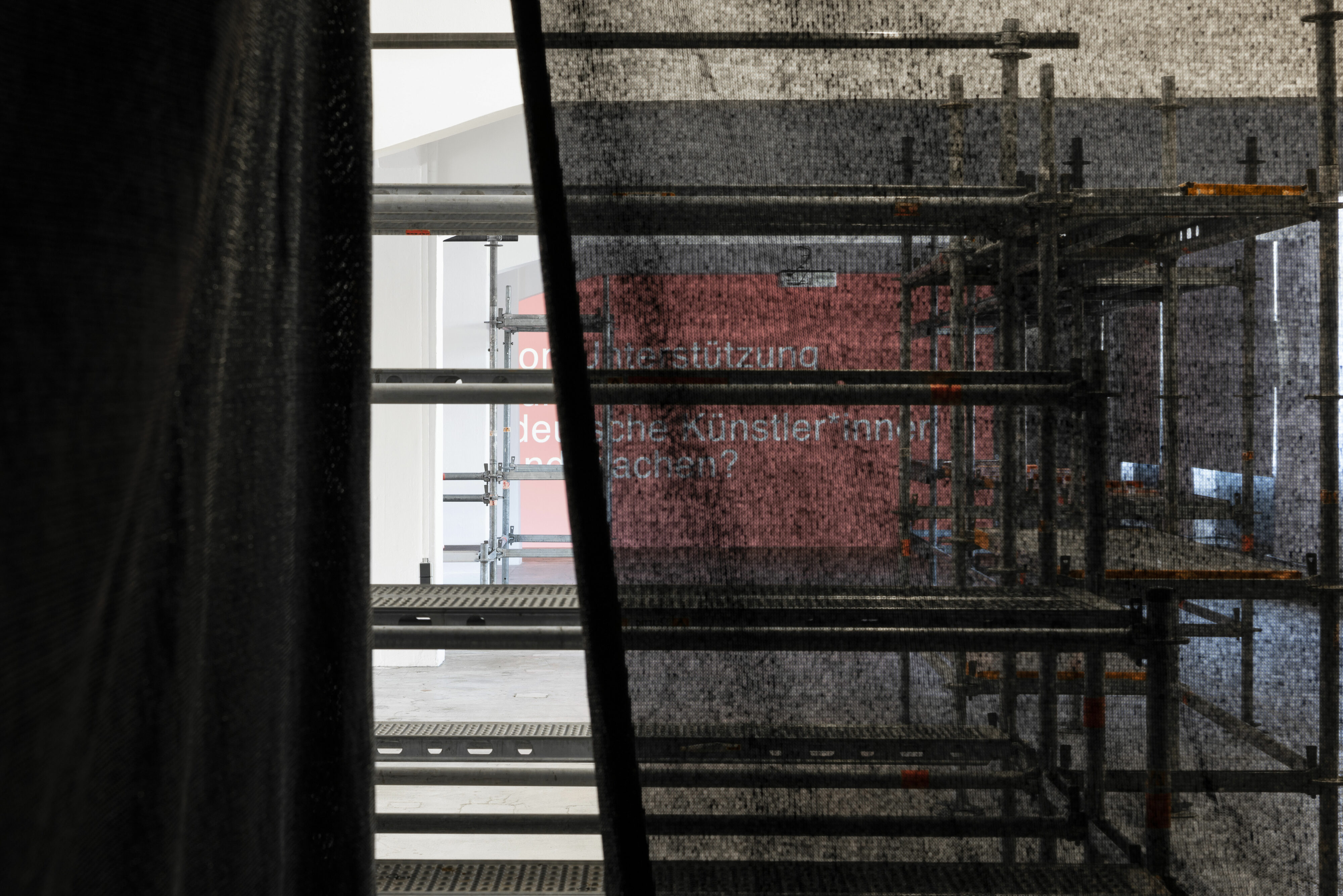
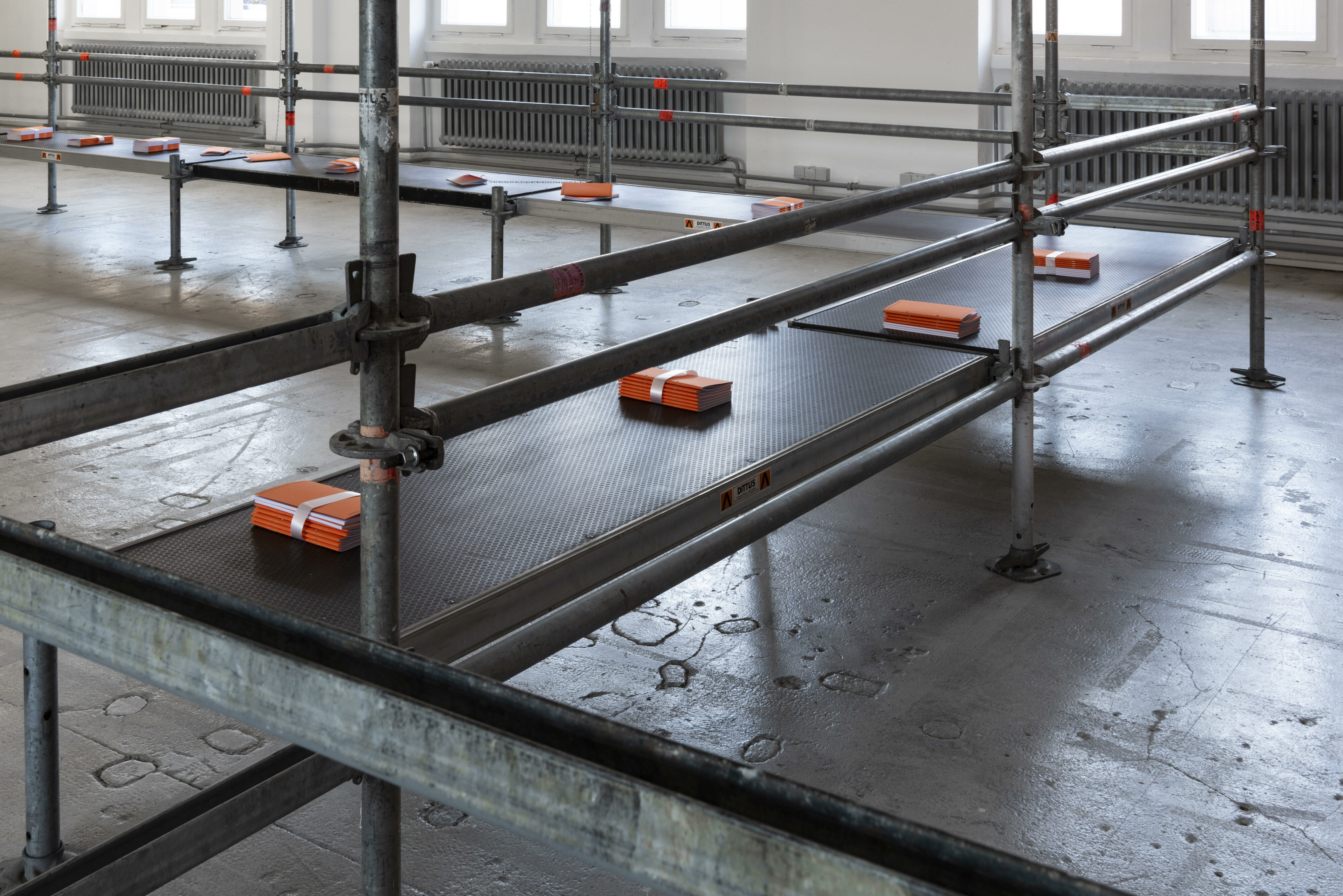
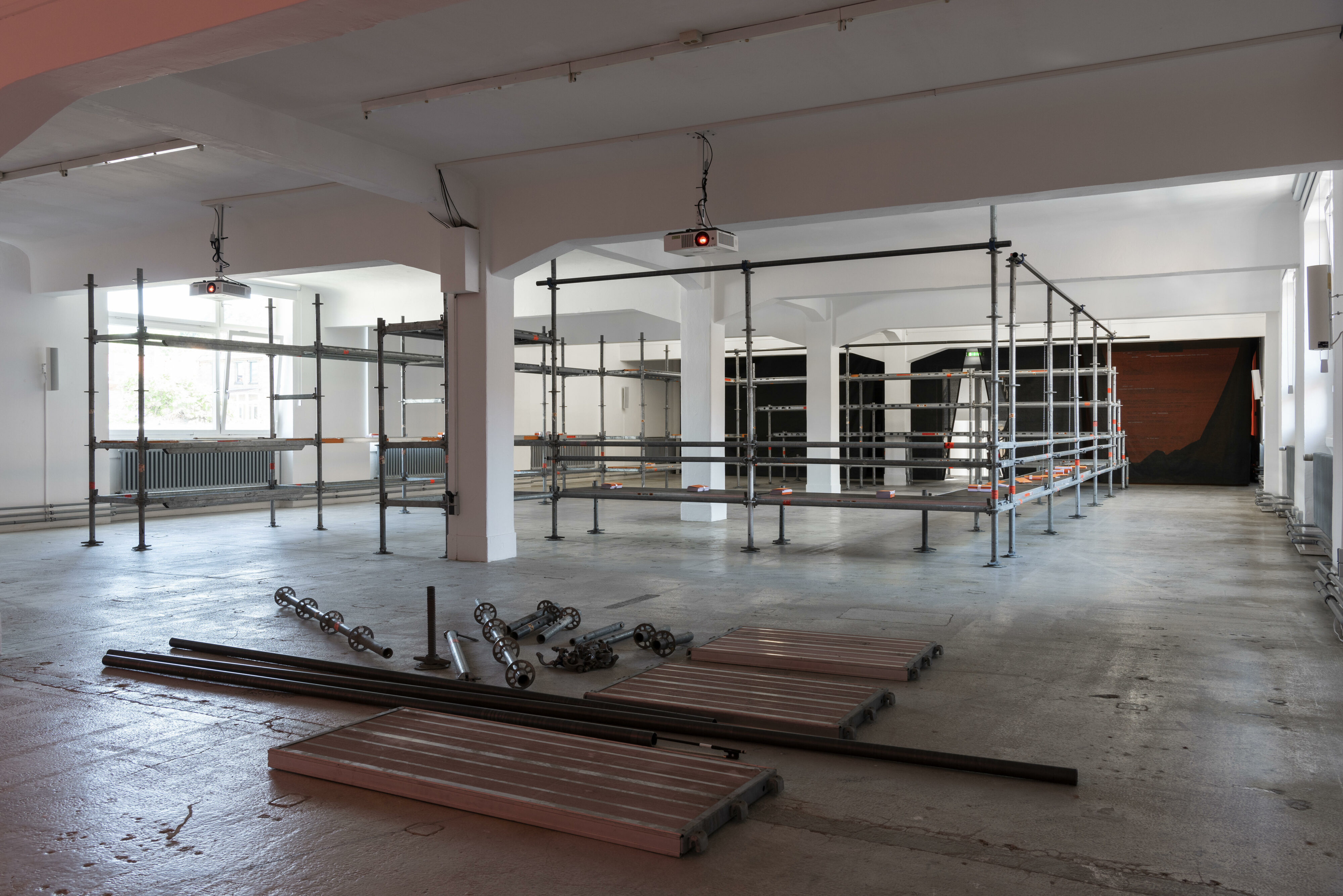
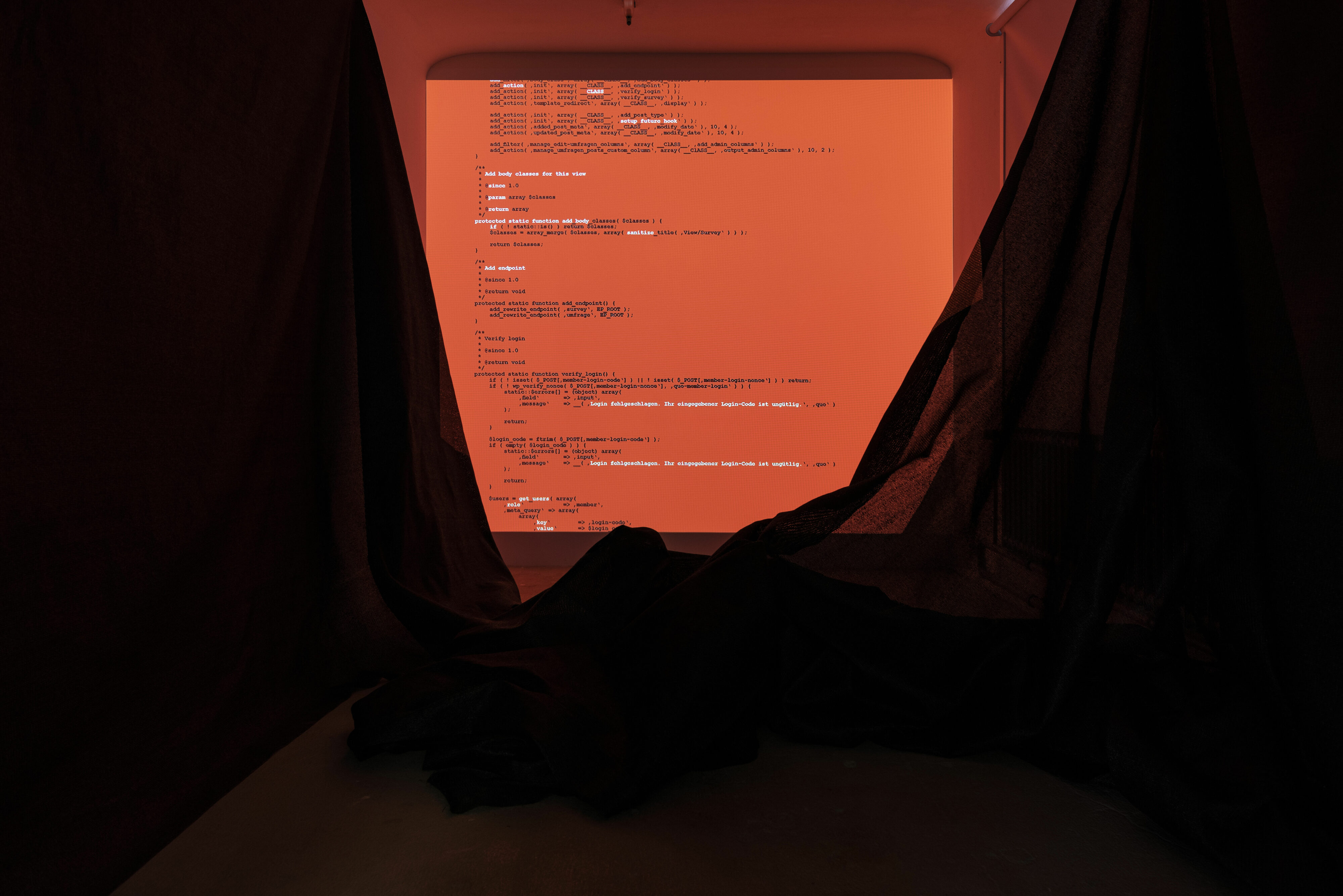
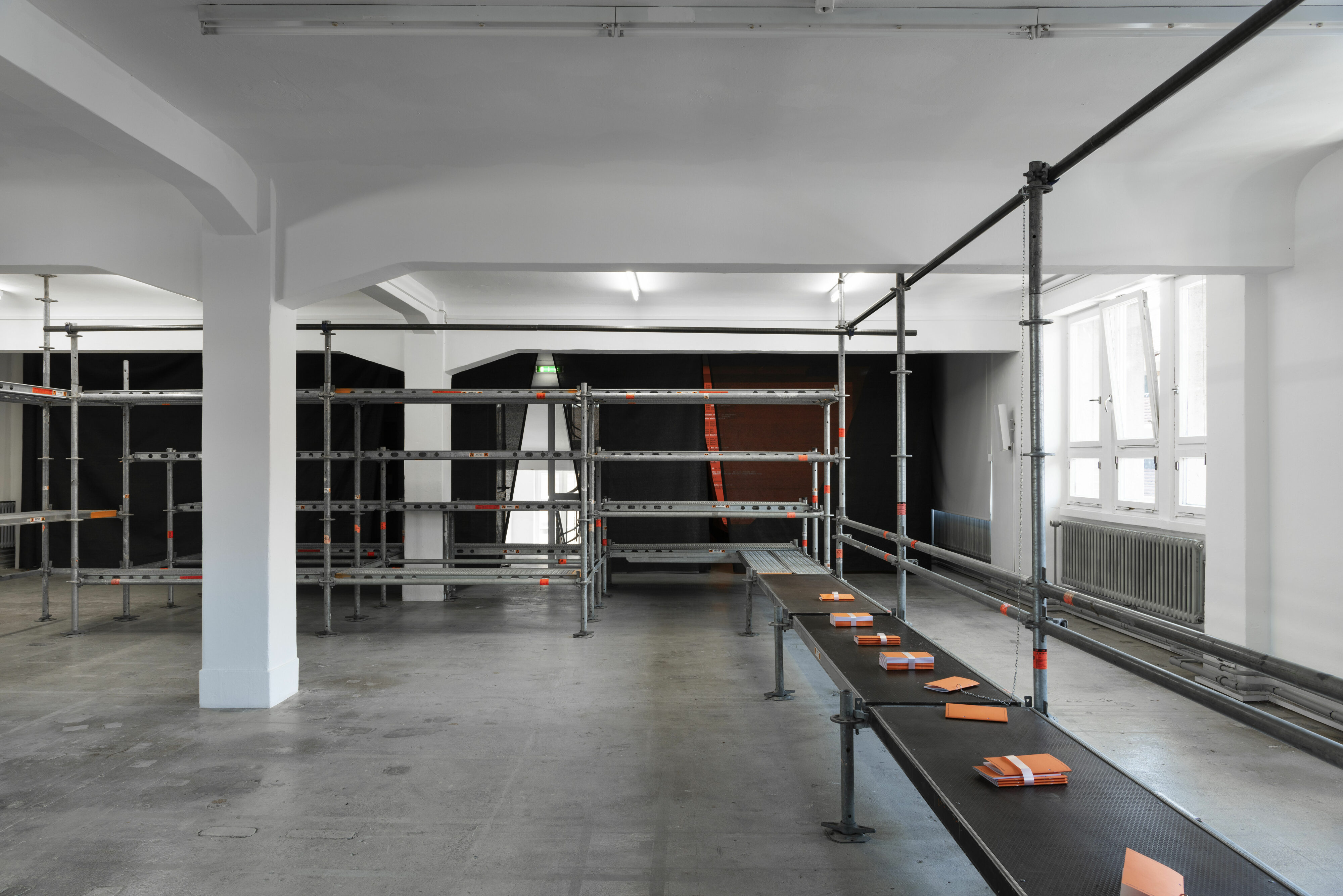
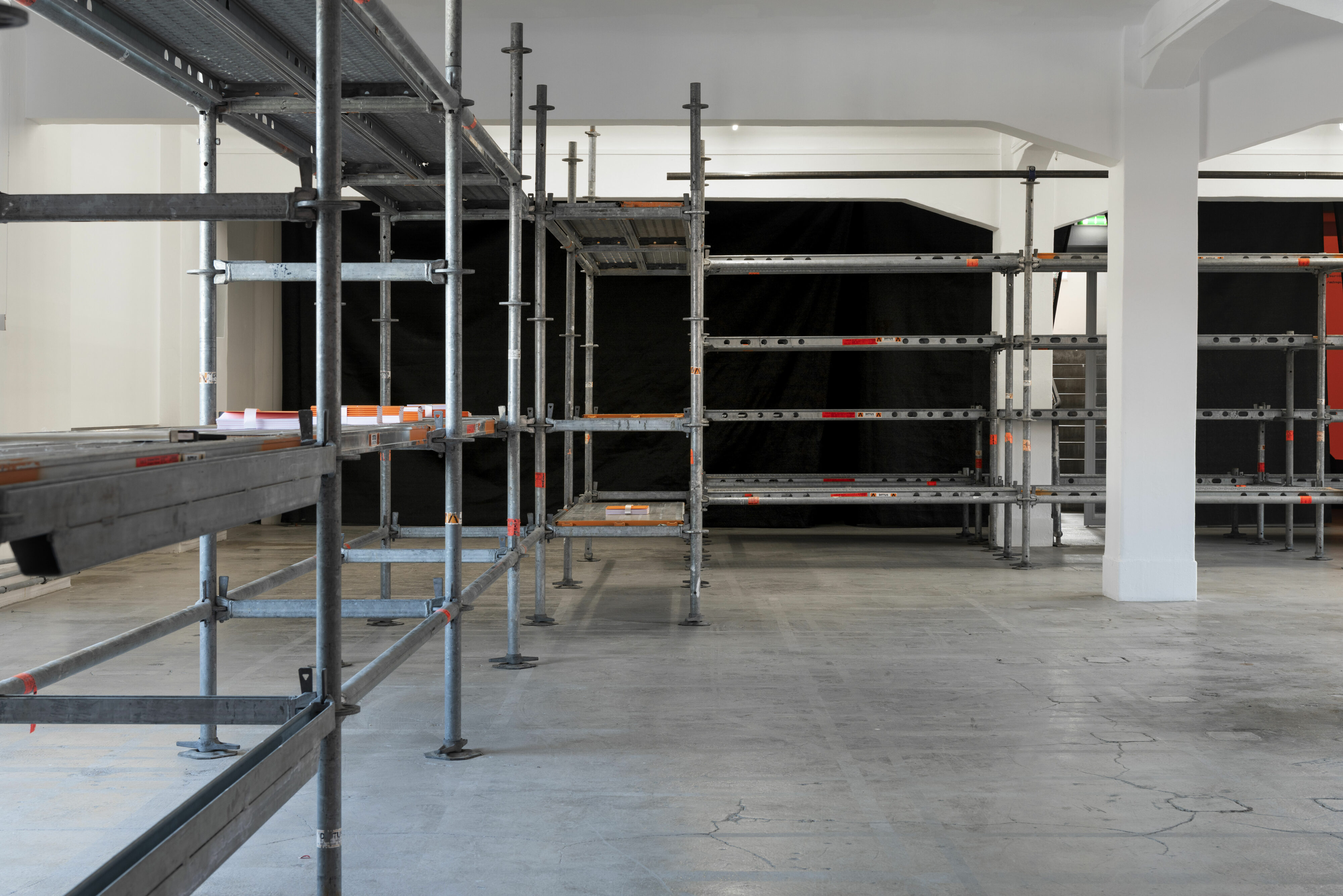
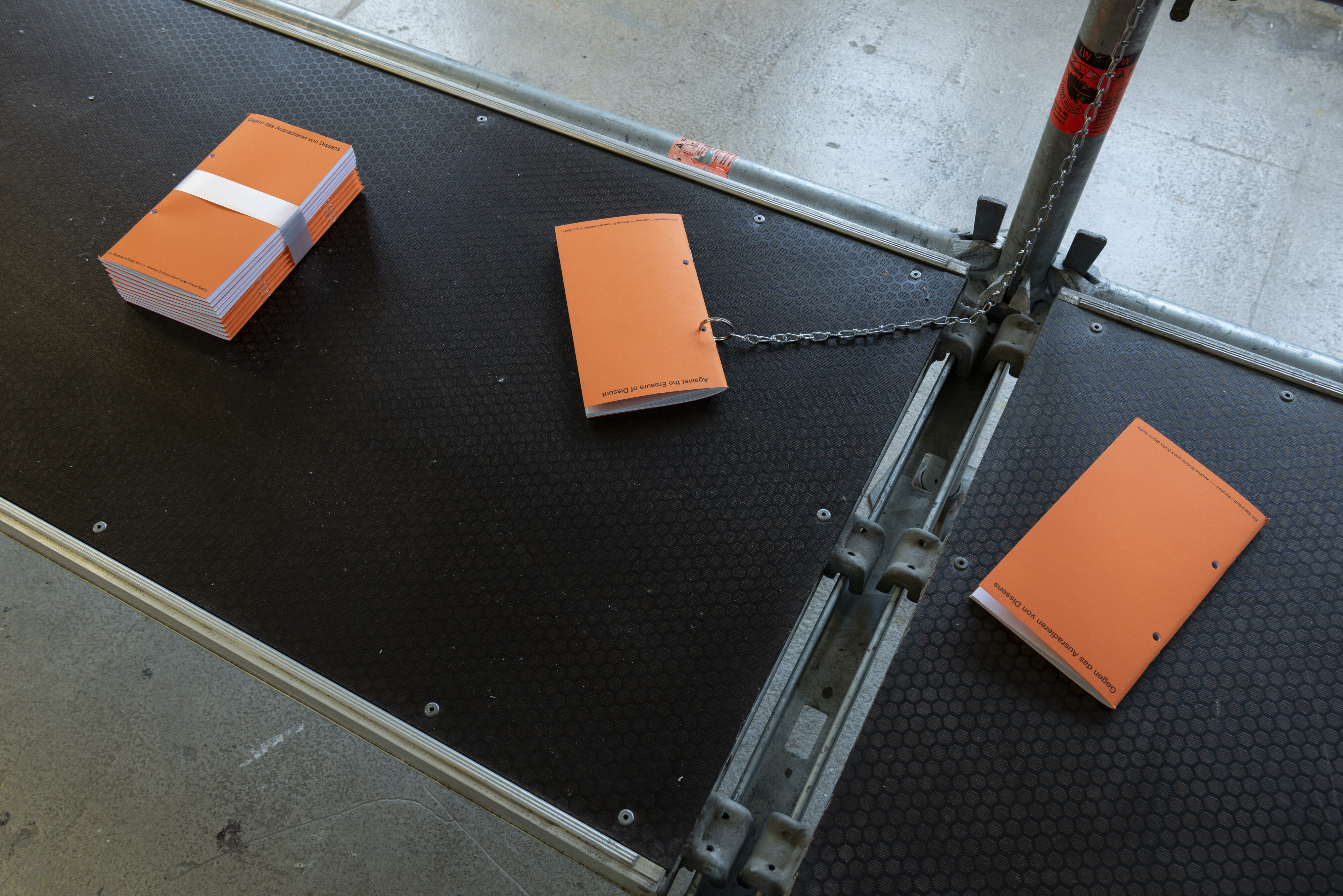
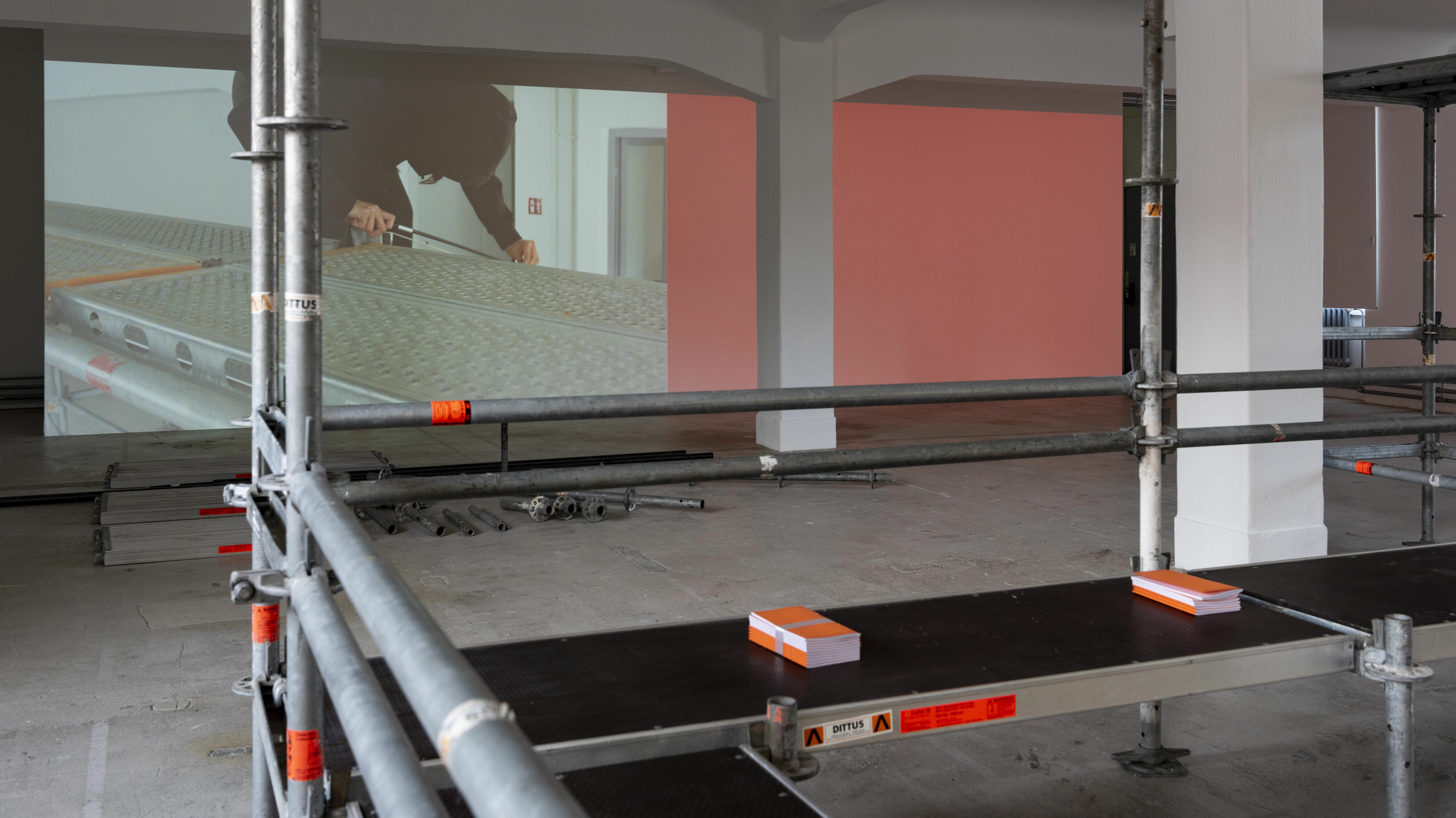
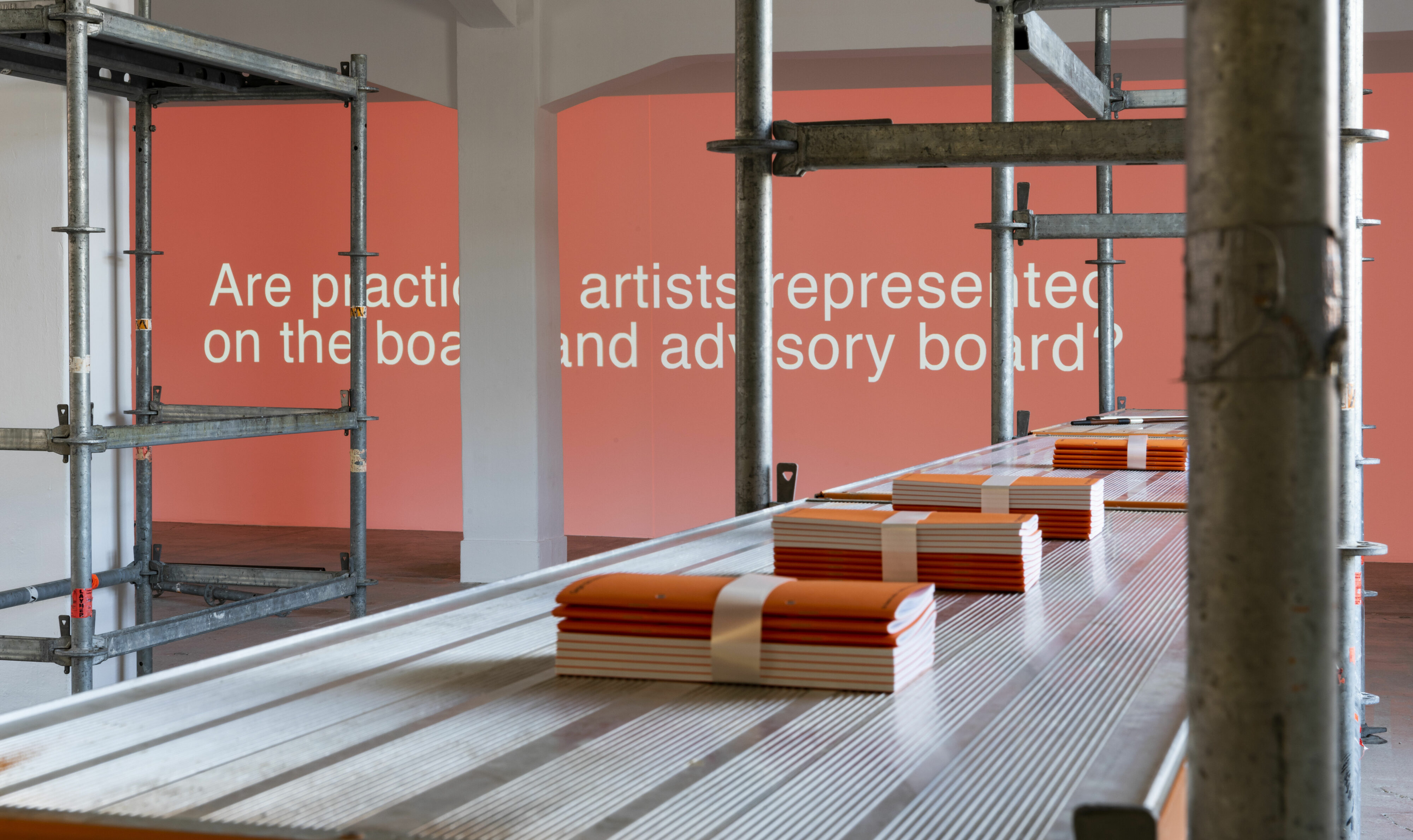
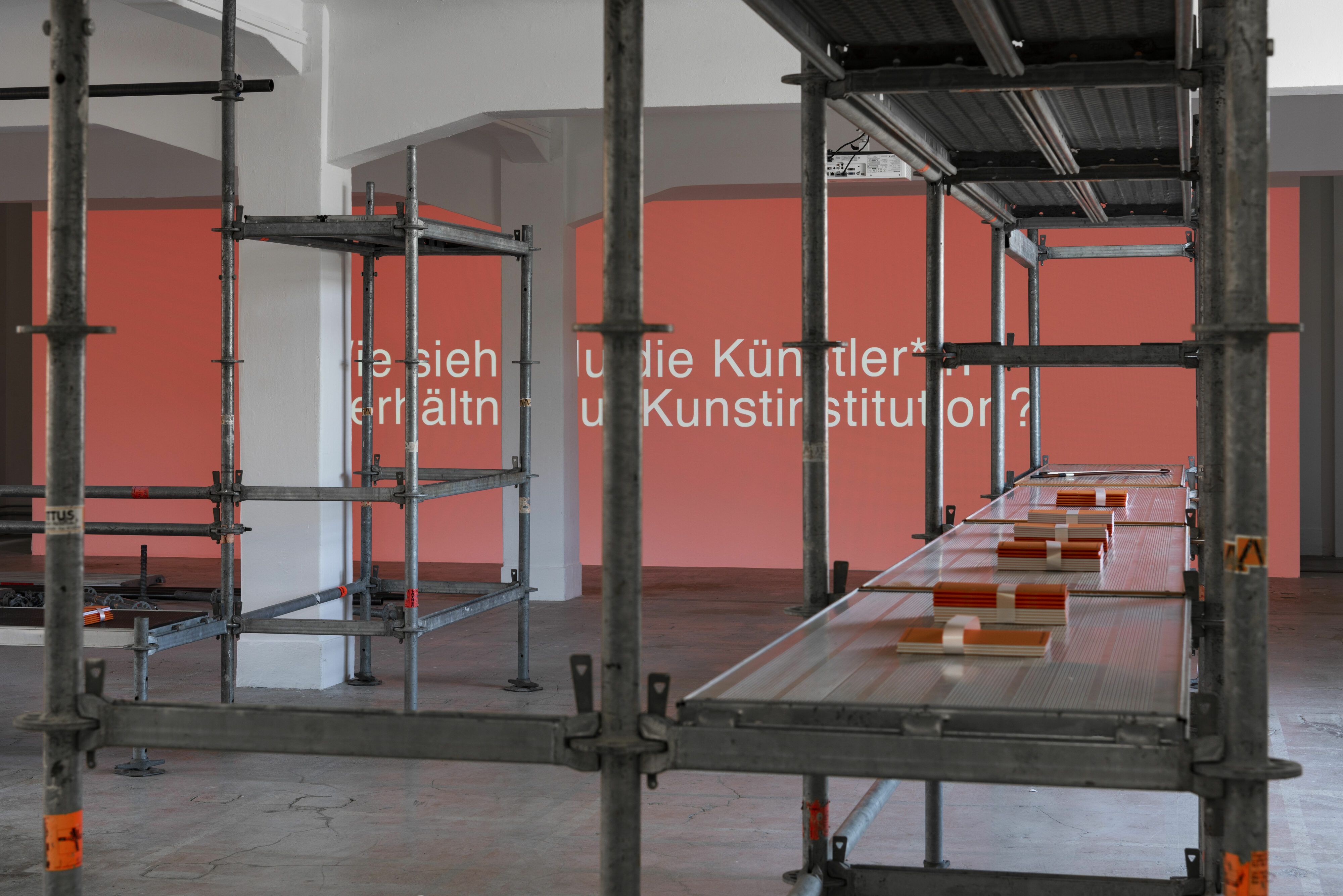
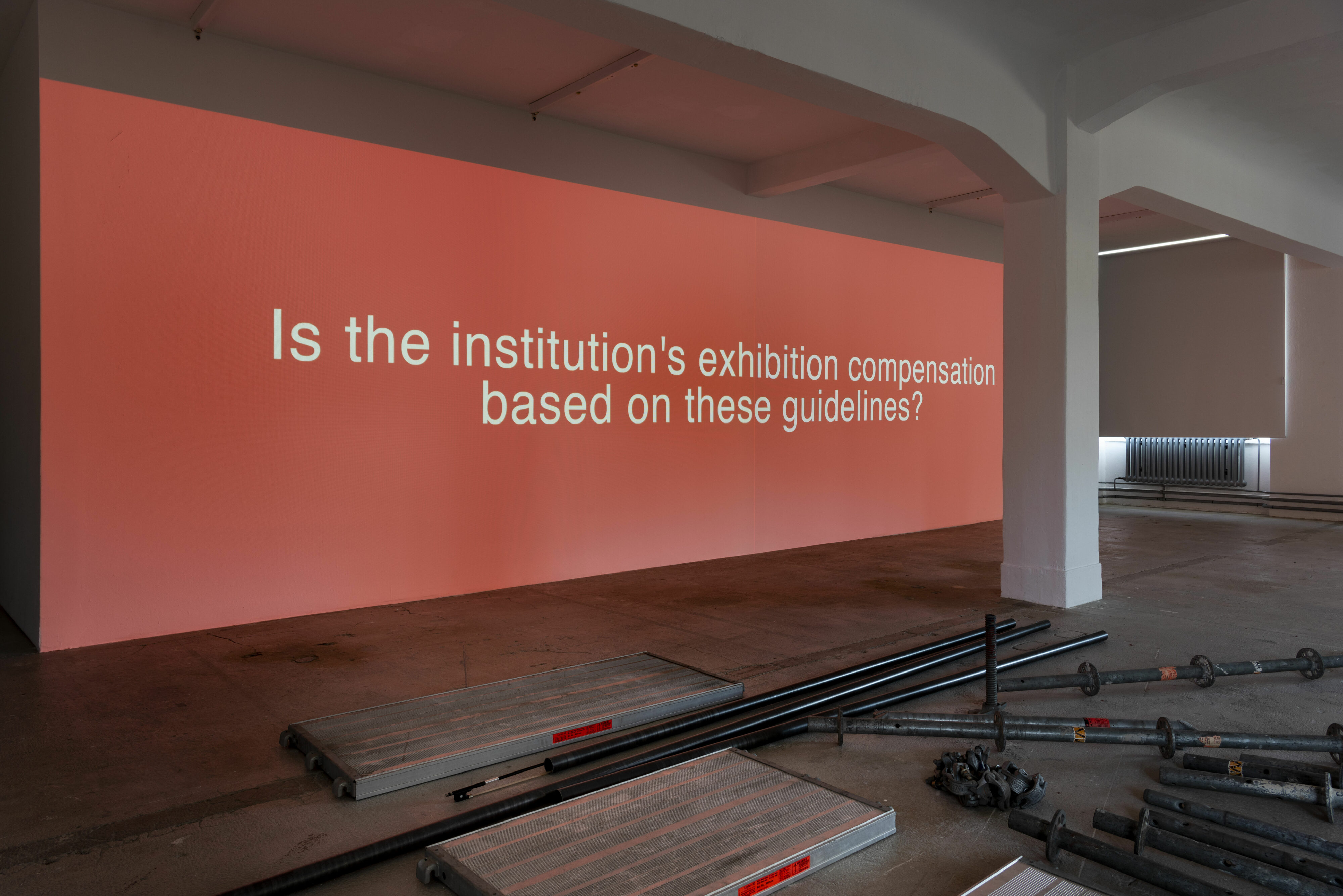
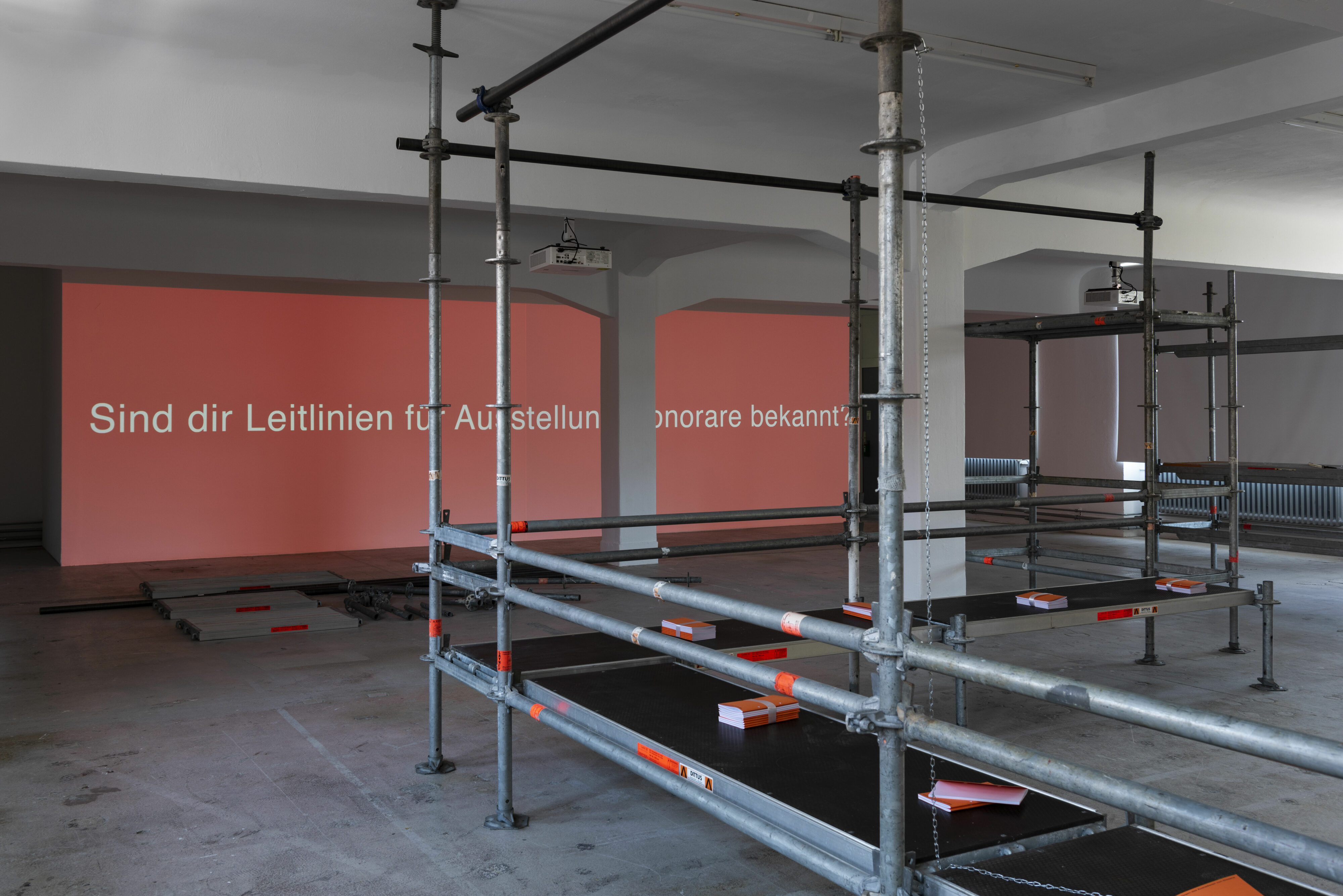
Over the past decade, Bea Schlingelhoff has become increasingly known for producing site-responsive and situationally-specific exhibition projects that test institutional capacity for exposure work. Schlingelhoff’s exhibitions often initiate or accelerate an internal reflexive process of uncovering, divulging, and repairing historical trauma present within the immediate context of exhibiting institutions that hire the artist. For Schlingelhoff, tasking institutional representatives with this behind-the- scenes work of confrontational exposure and reparative justice is an artistic position-taking—a means by which the artist as a short-term contracted worker attempts to maintain safe distance from the deeply unsafe social conditions inherent to all institutions, and particularly with respect to transitional institutions claiming to be committed to structural change. Anticipating real danger when the freighted memory, identity, and legacy of an institution is unsettled, Schlingelhoff calls on institutional representatives to respond to this induced stress test. In doing so, the artist’s exhibitions consistently gauge institutional responsibility by asking: what capacity to respond do representatives have on behalf of their unsettling institutions?
Bea Schlingelhoff’s exhibition, Declined Declinations, proposes a legal institutional name change of the Künstlerhaus Stuttgart. Over the course of a multi-month process that began with an initial site visit in July of 2020, the artist prepared and submitted formal motions to change the gendered institutional name “Künstlerhaus” (“the male artists’ house”), and to change language in the institutional bylaws that reflects this gender-specific bias. The Künstlerhaus Stuttgart was founded by artists in 1978 as a space for artists to produce onsite while also discussing and redefining the onsite production conditions. It is an institutional context that is structurally equipped for reconsiderations of governance and policy-making from the perspective of art producers. This emphasis on the laboring artist who is not external to the art institution is embodied in the name of the “artist’s house,” a widely replicated categorical name of an art institution in the German-speaking context that offers onsite production and residency facilities for artists (i.e., the Künstlerhaus Bremen, the Künstlerhaus Dortmund, the Künstlerhaus Bethanien, etc). Consistent with the kunstverein structure, the Künstlerhaus Stuttgart is constituted by the legal-economic structures of association law in Germany, with bylaws that stipulate association members’ voting rights in governing the institution. The vast majority of members at the Künstlerhaus Stuttgart are artists who pay the requisite annual membership fee of twenty-five euros. Other than this annual membership fee, there are no sanctioned conditions for becoming a member. Immediately upon gaining membership, any new member may submit motions to be voted on by the membership. Members of the Künstlerhaus Stuttgart vote at the general assembly. The general assembly is a legally required body. Every association must hold a general or annual general assembly meeting at the intervals specified in the association’s articles of association. Members at the general assembly may elect members of the board, vote on various resolutions, and vote to change the statutes. Consequently, artists occupy a position that closely interrelates institutional governance arrangements and the immediate conditions of artistic production at the Künstlerhaus Stuttgart. Artistic positions and artistic criteria—rather than purely bureaucratic positions or technocratic criteria—are central to the administrative work of structural governance. And by emphasizing artists as primary contributors to governing decisions, the Künstlerhaus Stuttgart potentially challenges the settled expectation that artists’ work should amount to purely content-related outcomes.
In 2021, Schlingelhoff became a member of the Künstlerhaus Stuttgart and submitted two formal motions that were voted on at the annual general assembly in November of that year. The first motion stipulated a change of name from Künstlerhaus Stuttgart to Künstlerinnenhaus Stuttgart (“the women artists’ house,” or “the female-identifying artists’ house”). This motion was defeated with 10 yes votes, 15 no votes, and 8 abstentions. The second motion stipulated that any language in the bylaws where the generic masculine is used would be changed to the generic feminine. This second motion was defeated with 7 yes votes, 19 no votes, and 4 abstentions. There were three widely expressed reasons for the down votes, which were communicated to Schlingelhoff by fellow members and institutional representatives. Firstly, the membership and institutional administration at large needed more time to become familiarized, informed, and educated on the political imperatives at stake as well as the practical implications of renaming the institution. Secondly, it was expressed that Schlingelhoff’s motion to change the name of the institution was reductive in that it offered only one single name change option selected by one member artist (this point was sometimes taken further to argue against an artist joining the membership to immediately propose structural changes to the institution, while also then presenting these proposed structural changes as material within an exhibition of their work). Lastly, it was expressed that within the context of gender-politics and broader political realities, changing an institutional name and corresponding language of the bylaws is a relatively trivial matter.
To this last point on the relative triviality of language, Schlingelhoff felt the response was obvious. There is of course a necessary correlation between the structures of society and those of language. The biases and exclusions of language are imprinted and internalized every day from a very young age consistently through life. The uncovering of the gendered and racialized nature of many linguistic rules and the unsettling of norms in how the use of language can be analyzed from a feminist viewpoint has proven to be of critical importance. And at this point, the various arguments that have been presented for retaining masculine/generic usage have been thoroughly documented, illustrated, and analyzed. There is a strange contradiction when one so adamantly refutes what one believes to be so trivial.[1] In response to the other expressed points, Schlingelhoff prepared and submitted a new set of motions to be voted on at the annual general assembly in March of 2022. Schlingelhoff submitted nine motions, each offering a different institutional name option. These nine name options were taken directly from widely accessible German language publishing style guidelines on the gender formulation of the phrase “artists’ house.” Schlingelhoff wanted to make sure the maximum number of variations on the gender formulation were represented, while keeping close to the most widely used gender neutral language guidelines and gender diversity teaching manuals (there are no established gender-neutral standard publishing guidelines as of yet in Germany). The only condition Schlingelhoff applied was that a name option could not entirely avoid confronting the gender politics (for instance, with the “Kunsthaus” Stuttgart, “the art house” Stuttgart). The nine name options proposed were as follows: 1.) Künstlerinnenhaus (generic feminine); 2.) Künstler/-innenhaus (forward slash with supplementary dash); 3.) KünstlerInnenhaus (internal capitalized letter “I”); 4.) Künstler:innenhaus (colon); 5.) Künstler*innenhaus (asterisk); 6.) Künstler_innenhaus (underscore); 7.) Künstler•innenhaus (bullet point); 8.) KünstlXhaus (X ending); 9.) Künstlerinnen- und Künstlerhaus (double naming).[2] While there is no conclusively fixed or settled agreement, each of the different typographic conventions used in these name options is recognized within the German publishing context as intended to disrupt the grammatical gender binary that is inherent in the German language.[3]
On March 17th of this year, 2022, the nine motions, and corresponding motions to change the language of the bylaws to mirror each of the nine motions, were up for a vote at the general assembly. These motions had been submitted weeks prior to the assembly so that they could be distributed to the entire membership two weeks in advance of the general assembly. There were meetings leading up to the assembly to provide opportunities for members to discuss the institutional renaming and change to the bylaws, and Schlingelhoff held an information session for the membership a day prior to the assembly. On the day of the general assembly, just before the nine name change motions were to be voted on, a member invoked their right to raise a motion without prior notification—a point of order that did not need to be submitted weeks in advance through the procedure to have a motion entered into the general assembly meeting agenda. This member raised the following point of order for a vote: “Shall the motions to amend the bylaws to change the name of the Künstlerhaus Stuttgart be voted on today?” The resulting vote tally on this member’s point of order was 15 yes votes, 26 no votes, and 5 abstentions.[4] As a result of this sudden foreclosure of the vote on the nine motions to change the name of the institution, Schlingelhoff withdrew the corresponding motions to change the language of the bylaws. It should be mentioned that invoking one’s individual right in order to foreclose a planned vote from even taking place is a longstanding tradition within the history of oppression.
Schedule of Programs:
19/06/2022 (3pm)
Eric Golo Stone, Artistic Director of the Künstlerhaus Stuttgart, gives a tour of the exhibition open to the public at the Künstlerhaus Stuttgart
Wed/Thu/Fri/Sat/Sun (12—6pm)
Künstlerhaus educators lead public discussions of the exhibition
[1] There have been centuries of misogyny consciously and unconsciously attacking and mocking against language movements. They have been well covered, as follows: “(1) the ‘cross- cultural’ arguments; (2) the ‘language is a trivial concern’ arguments; (3) the ‘freedom of speech,/ unjustified coercion’ arguments; (4) the ‘sexist language is not sexist’ arguments; (5) the ‘word- etymology’ arguments; (6) the ‘appeal to authority’ arguments; (7) the `change is too difficult, inconvenient, impractical or whatever’ arguments; and (8) the ‘it would destroy historical authenticity and literary works’ arguments.” For being such ‘a trivial concern’ efforts against language bias have received an inexplicable amount of attention in both academia and the media, and an inordinate degree of resistance to change. Maija S. Blaubergs, “An analysis of classic arguments against changing sexist language,” Women’s Studies International Quarterly, Volume 3, Issues 2–3, 1980, Pages 135–147.
[2] Schlingelhoff’s exhibition project engages with longstanding and ongoing discussions about how unsettled the German language is with respect to gender politics and identity formation. Identity formations and the language for fully recognizing these identity formations is a critical horizon, a process that is unfixed and developing. With respect to this horizon and transformation, it is important to mention that Schlingelhoff is strongly opposed to any project where female identifying individuals and groups are pitted against gender variant or gender non-conforming individuals and groups. To pit these experiences against each other is to neutralize the politics of difference and ultimately adhere to the patriarchal status quo.
[3] There are many available resources for referencing these typographic conventions, gender- neutral language publishing guidelines, and gender diversity teaching manuals in the German context. Please see: Steinhauer, Anja and Diewald, Gabriele, “Richtig gendern: Wie Sie an- gemessen und verständlich schreiben” Berlin: Bibliographisches Institut Duden, (2017). See also: Abbt, Christine und Kammasch, Tim, “Punkt, Punkt, Komma, Strich?: Geste, Gestalt und Bedeutung philosophischer Zeichensetzung,” Edition Moderne Postmoderne, Bielefeld, (2009). For english language readers, please see: Leue, Elisabeth (2000). “Gender and Language In Germany.” Debatte: Journal of Contemporary Central and Eastern Europe. Routledge. 8(2): 163–176. There is also of course comparative research to look at in other language and publishing contexts. For instance, the term “Latinx” has been widely used to disrupt the grammatical gender binary that is inherent in the Spanish language (the gender-neutral 〈-x〉 suffix replaces the 〈-o/-a〉 ending of Latino and Latina that are typical of grammatical gender in Spanish).
[4] This point of order and the vote tally (as with all the numerical outcomes of the general assemblies referred to in this text) are taken directly from the official meeting minutes. The reported meeting minutes of any registered kunstverein in Germany must by law be publicly accessible information.
Realized with public funding from the city of Stuttgart
With the generous support of the Stiftung Kunstfonds NEUSTART KULTUR



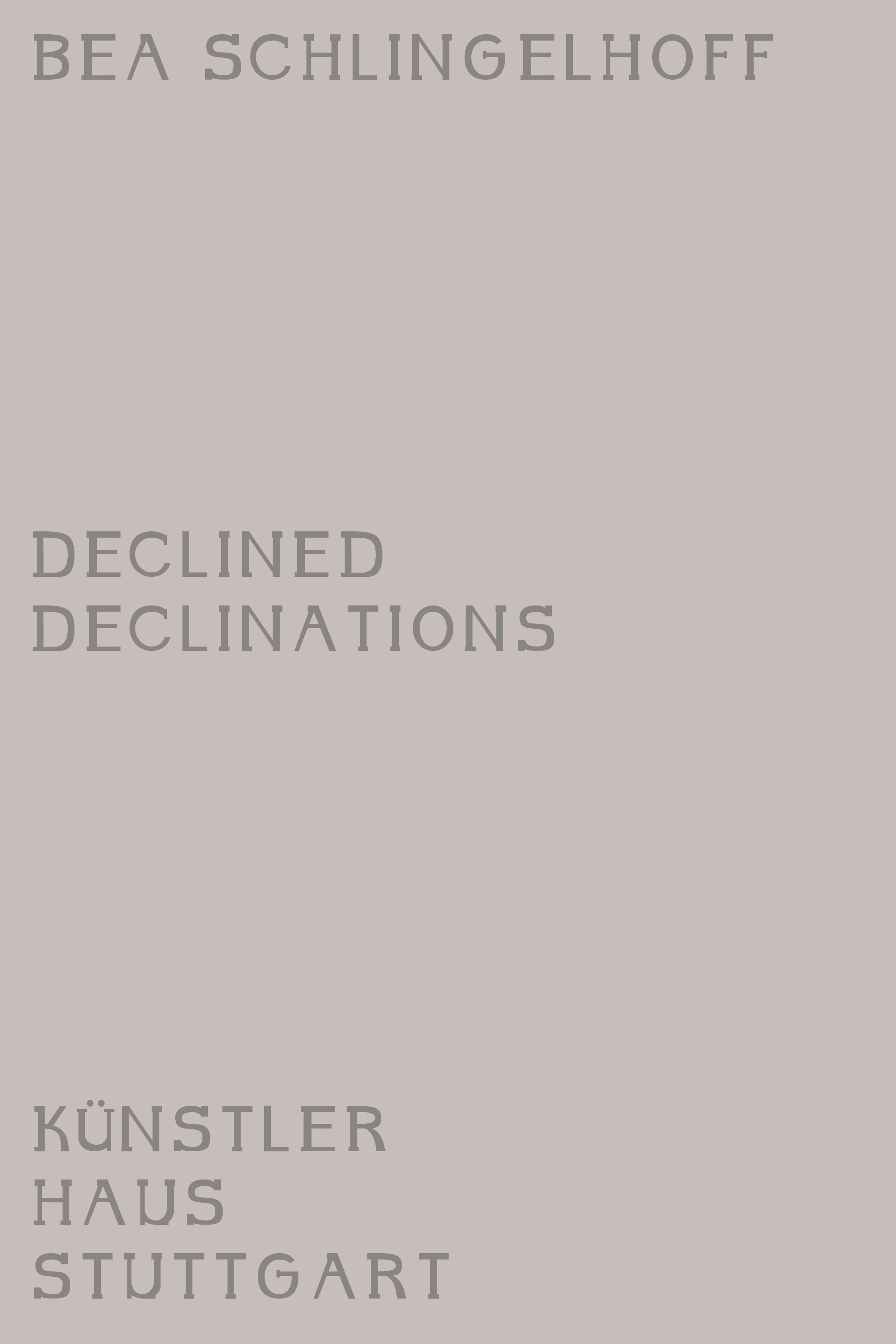
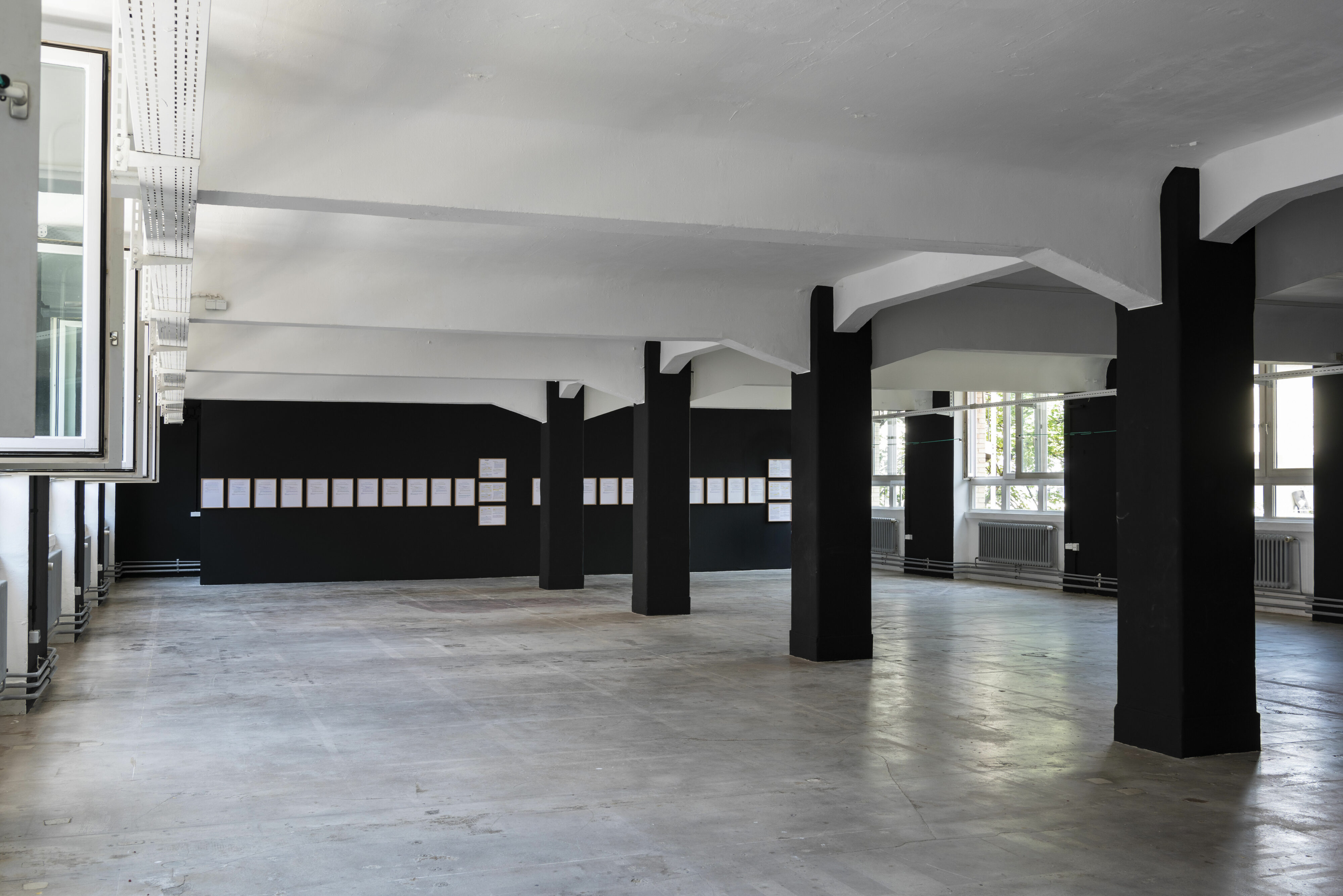

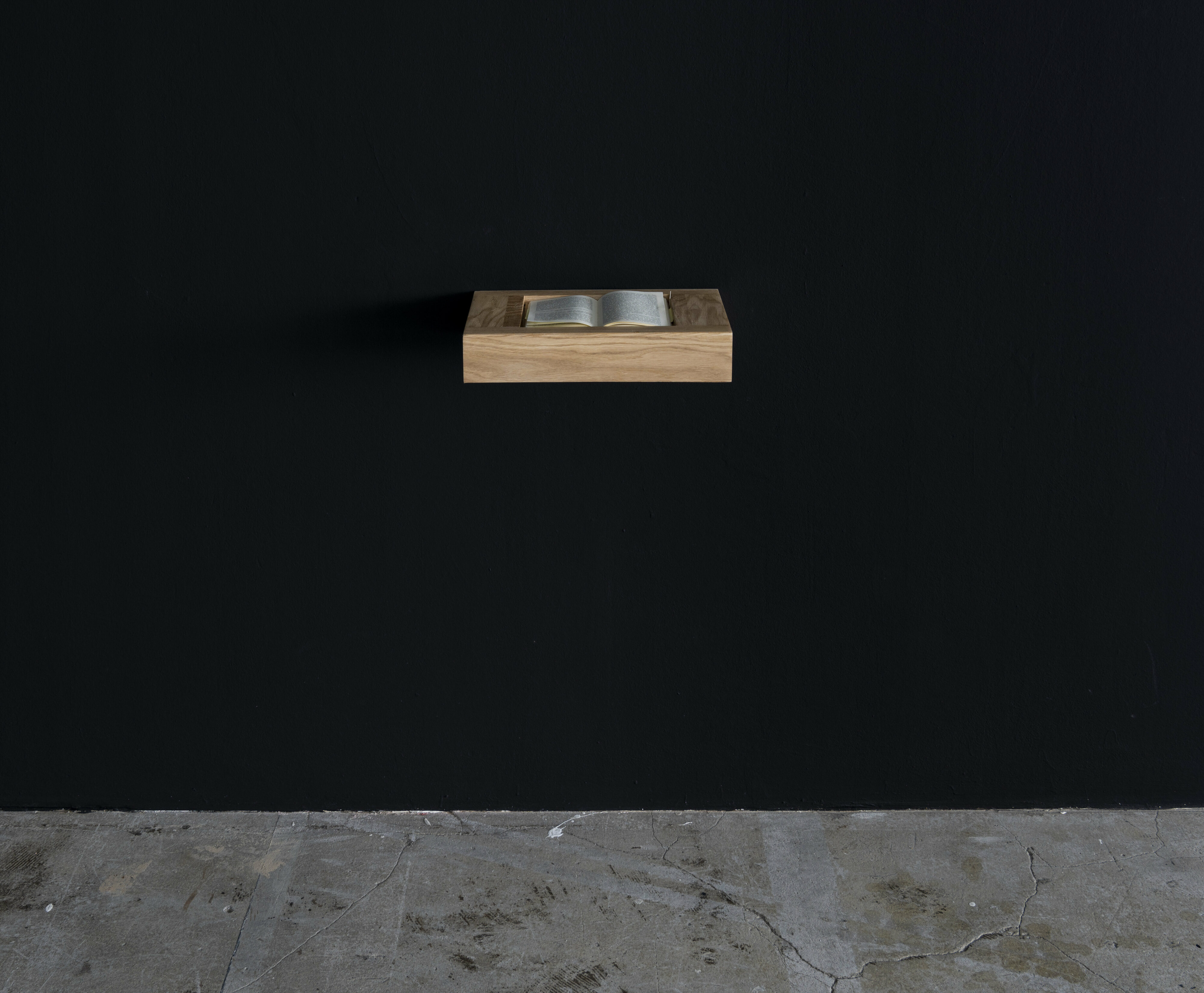
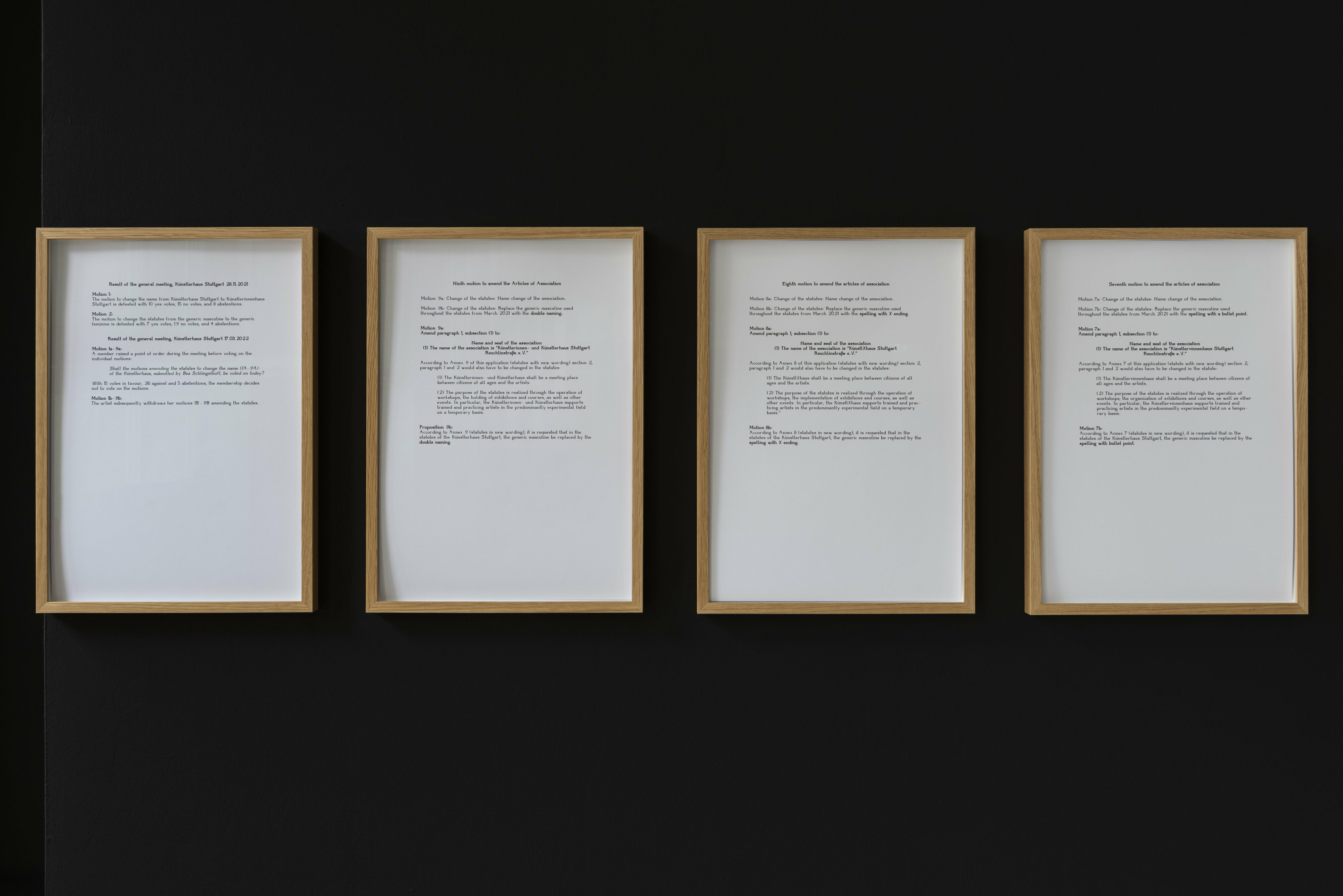
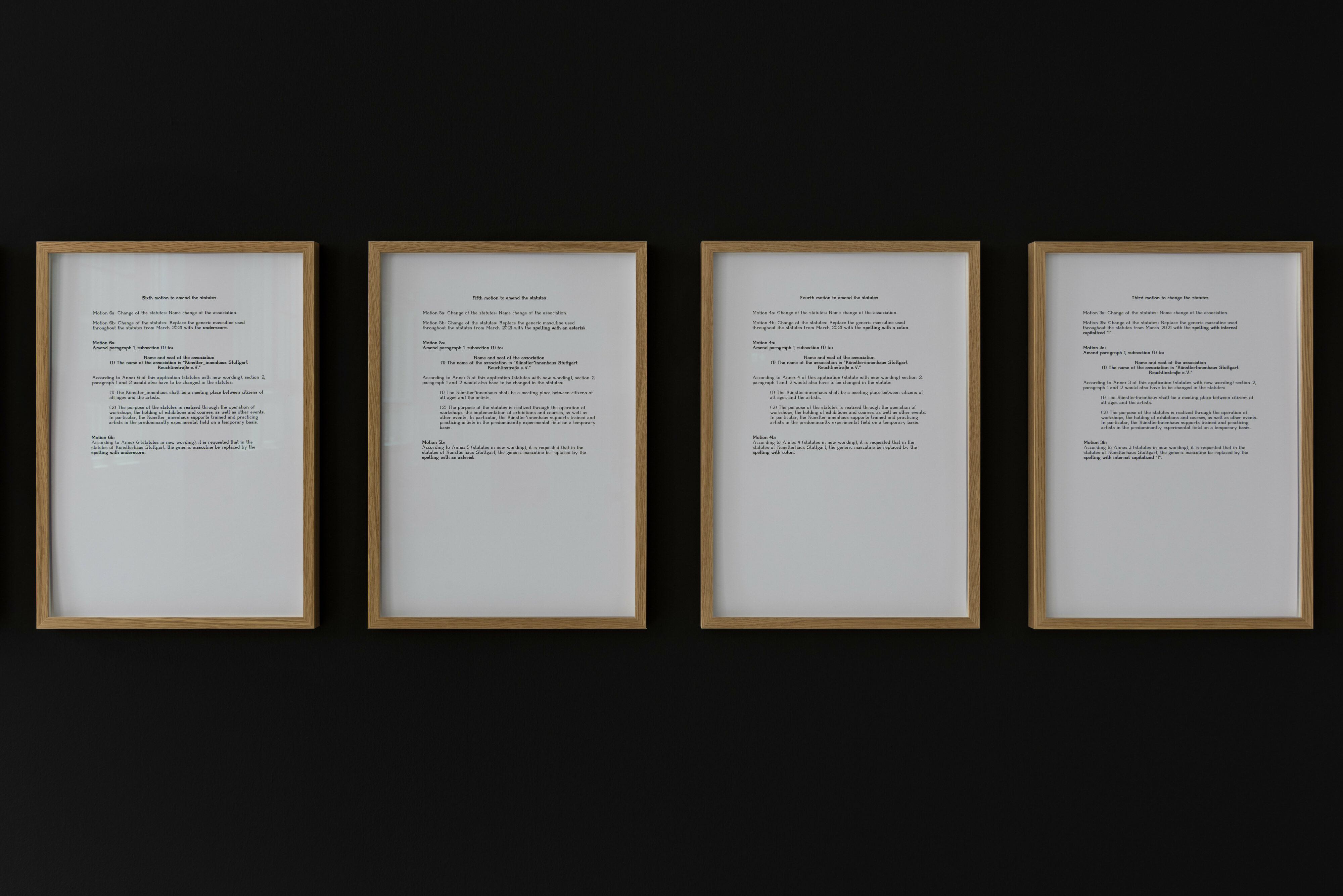
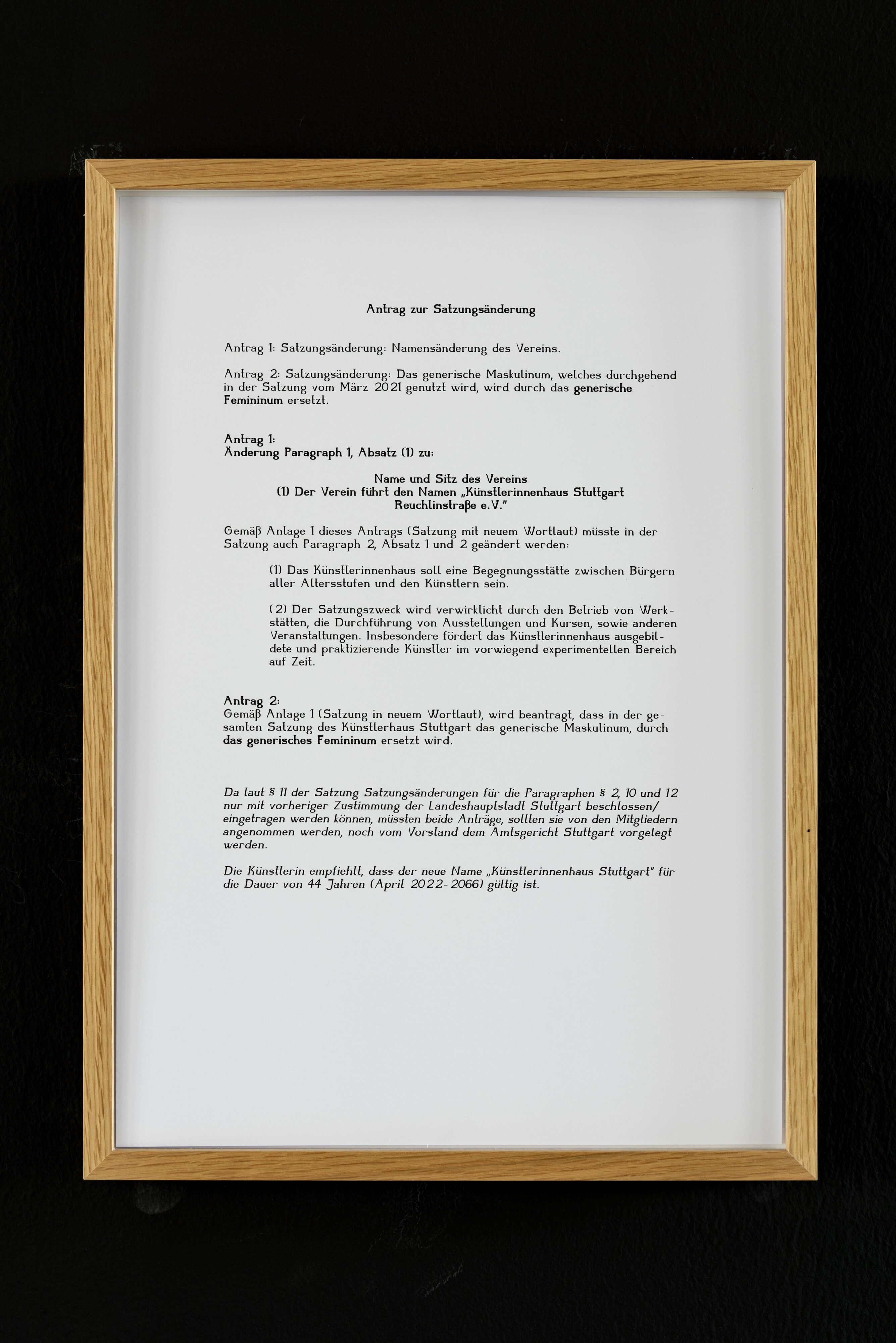
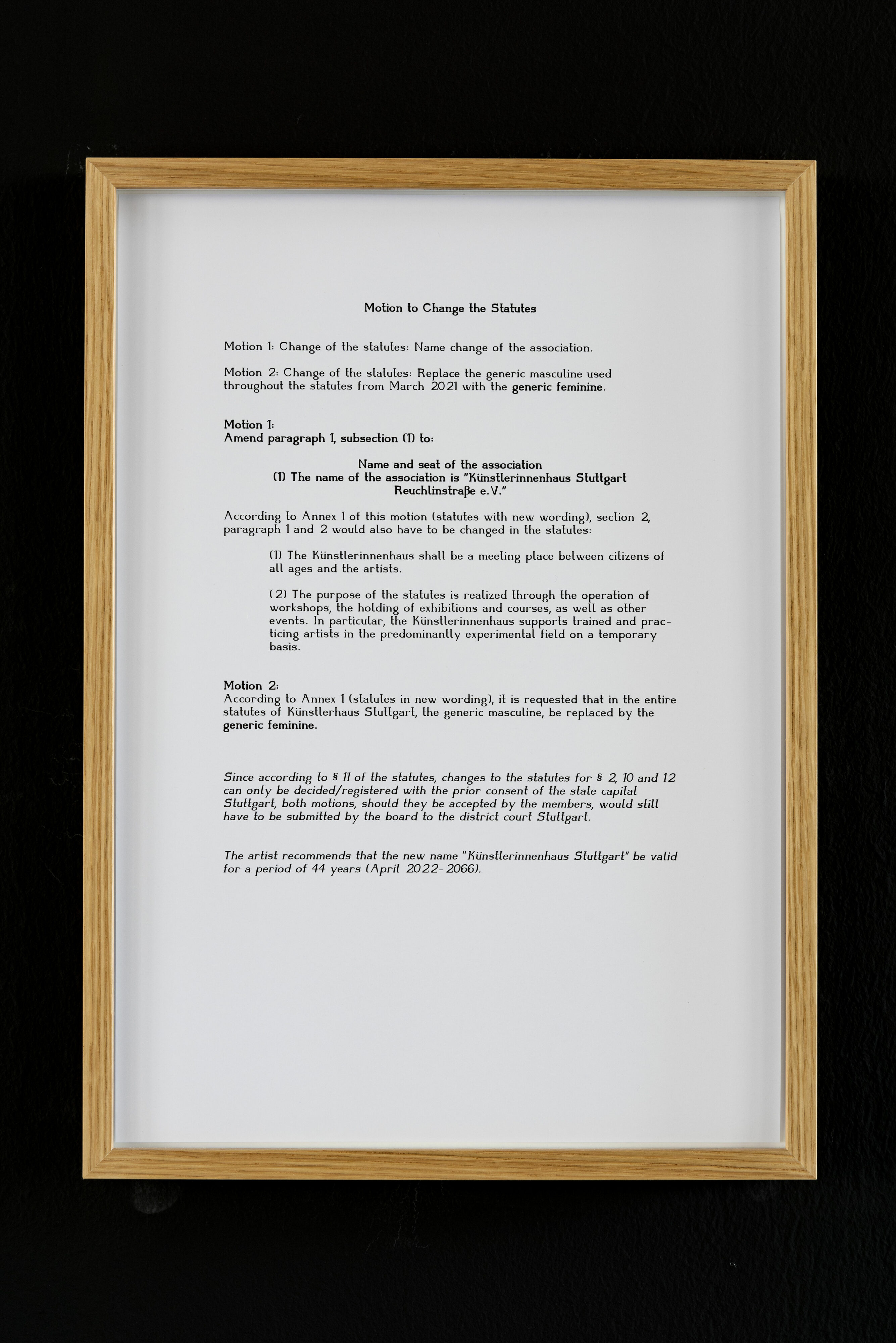
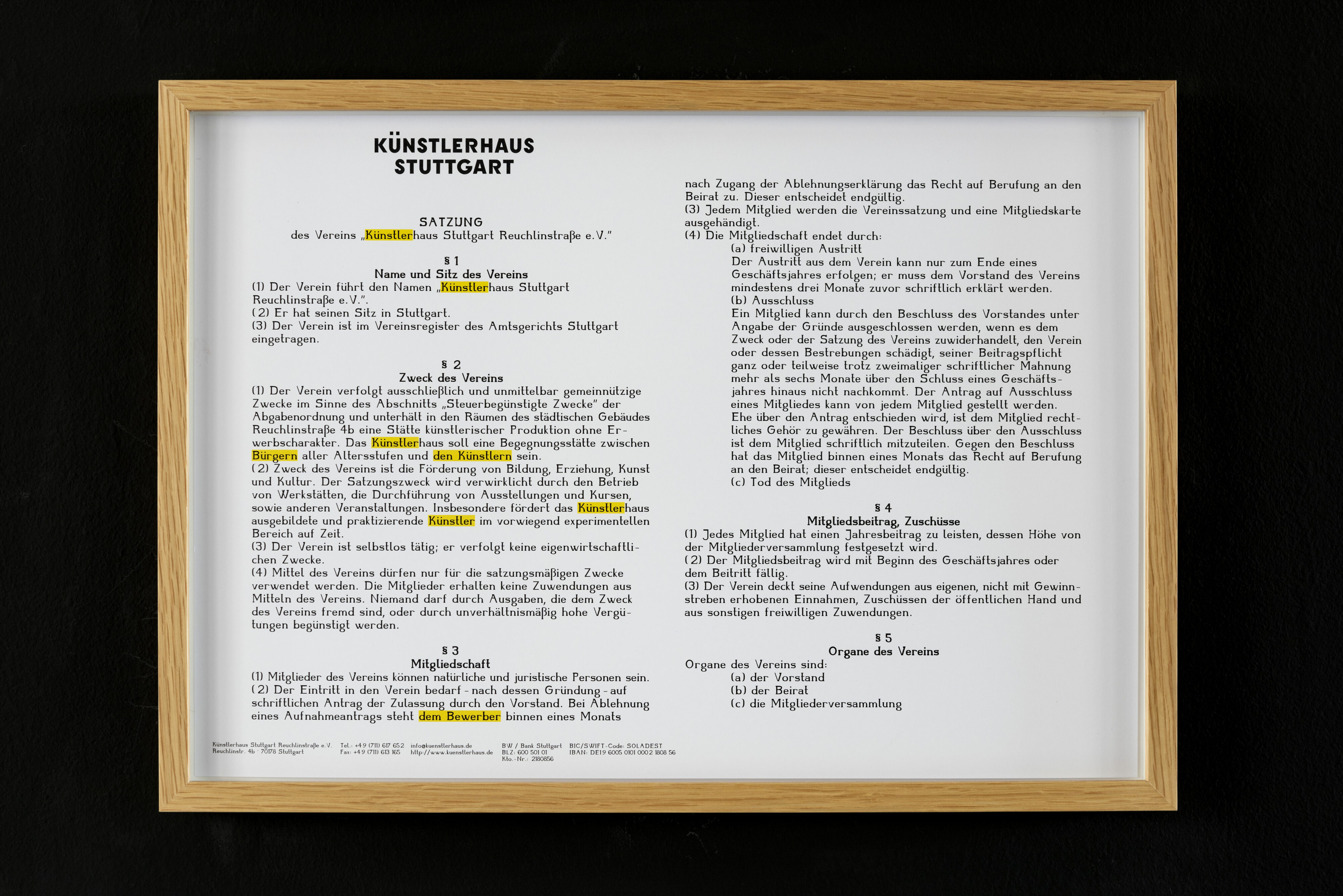
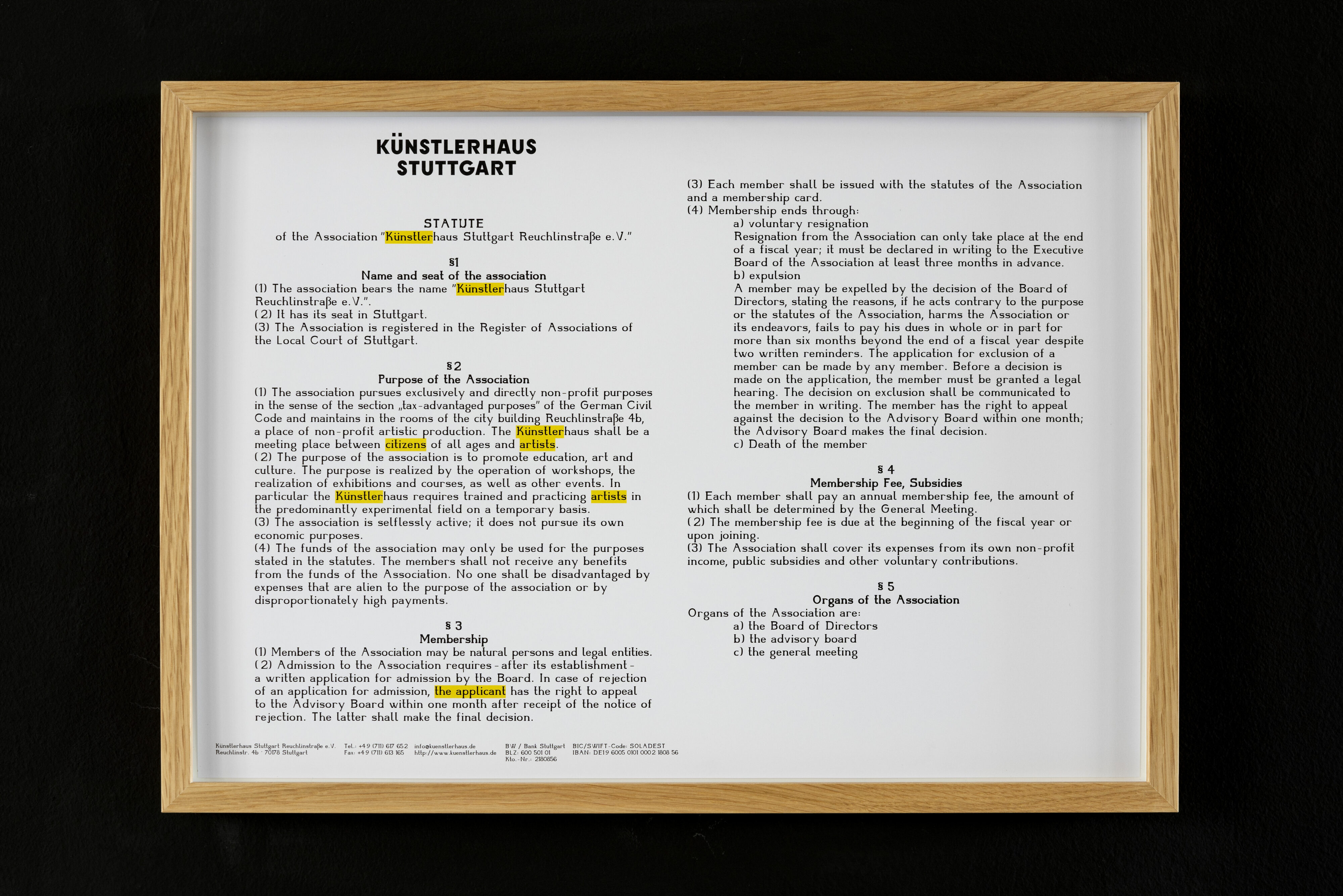
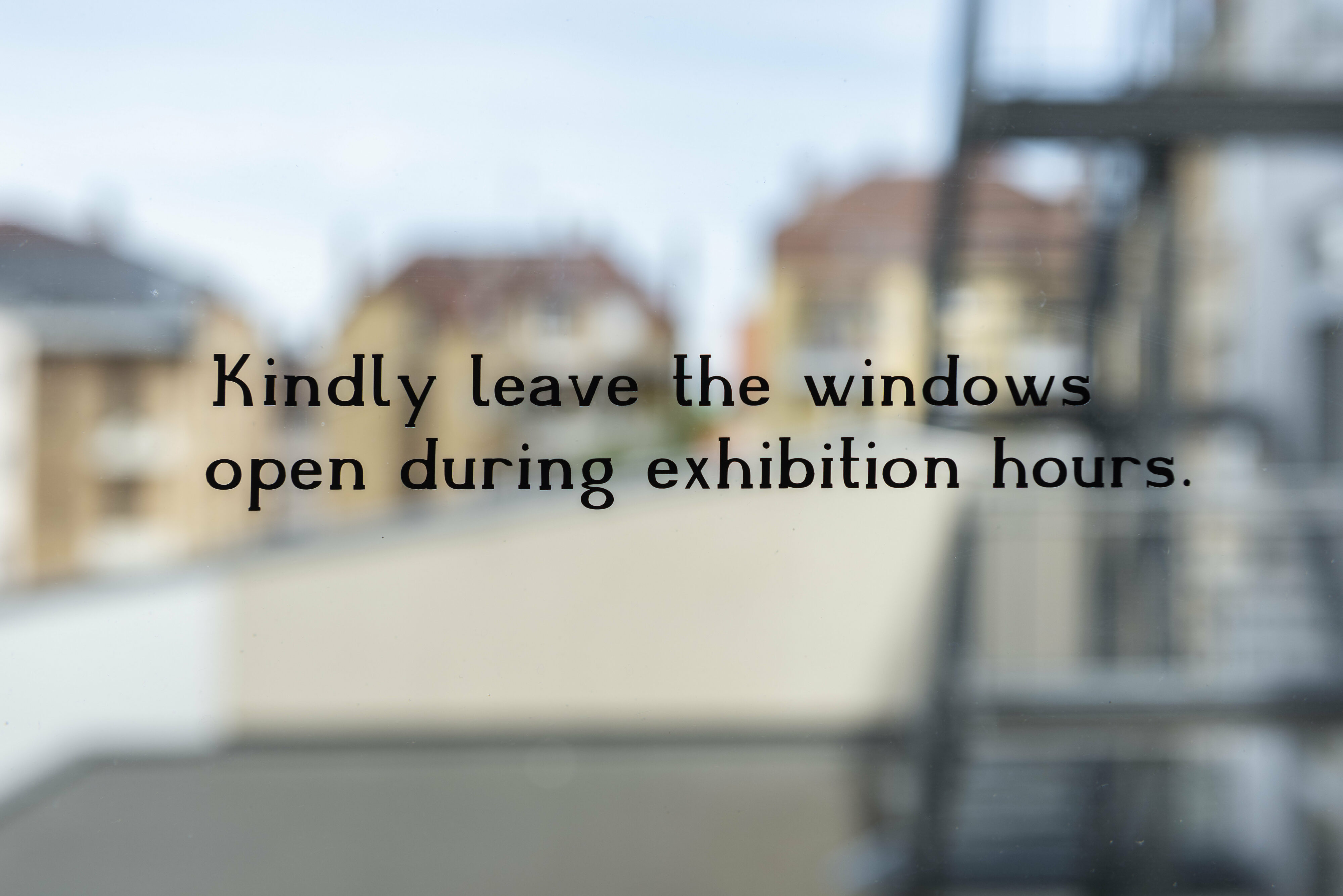
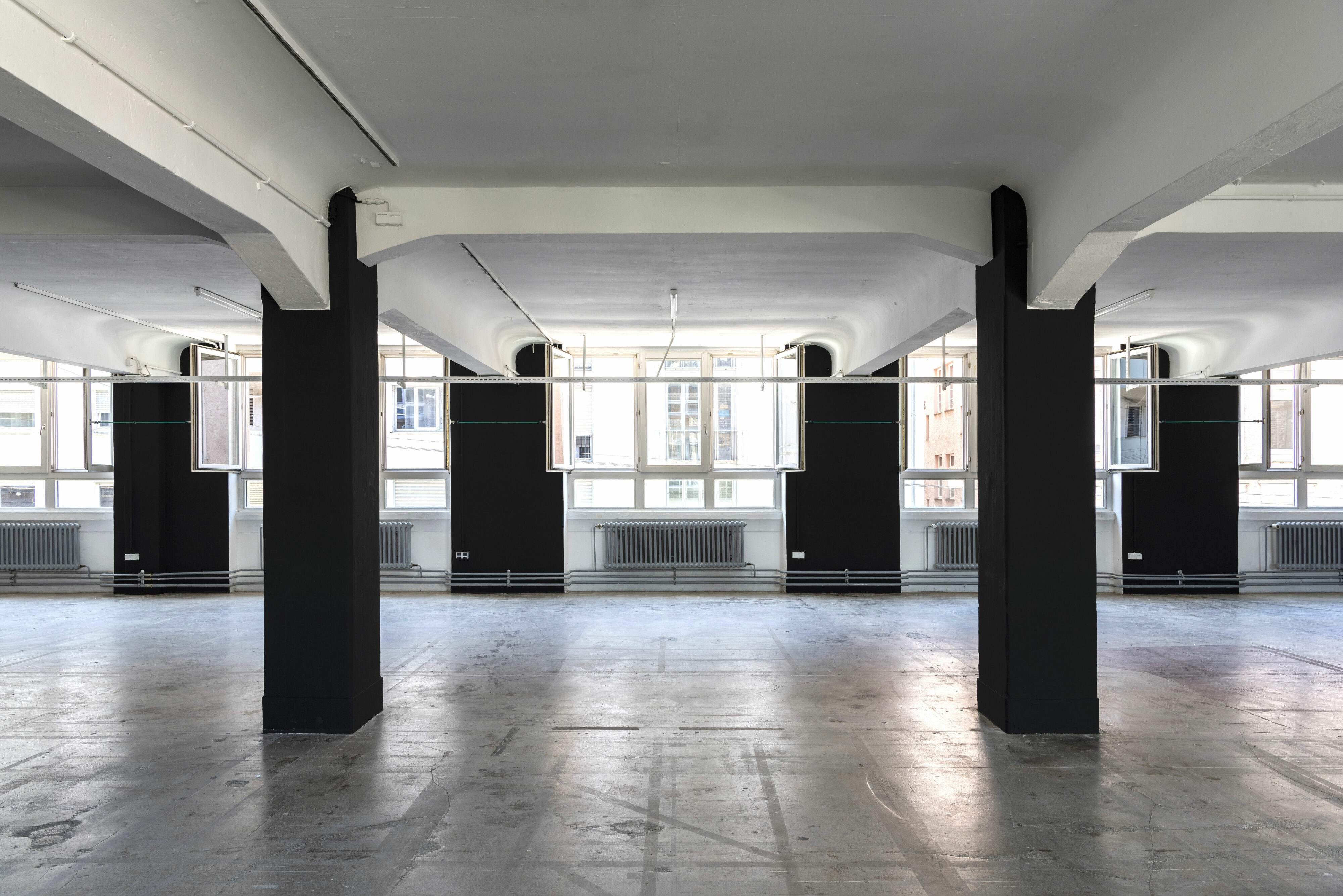
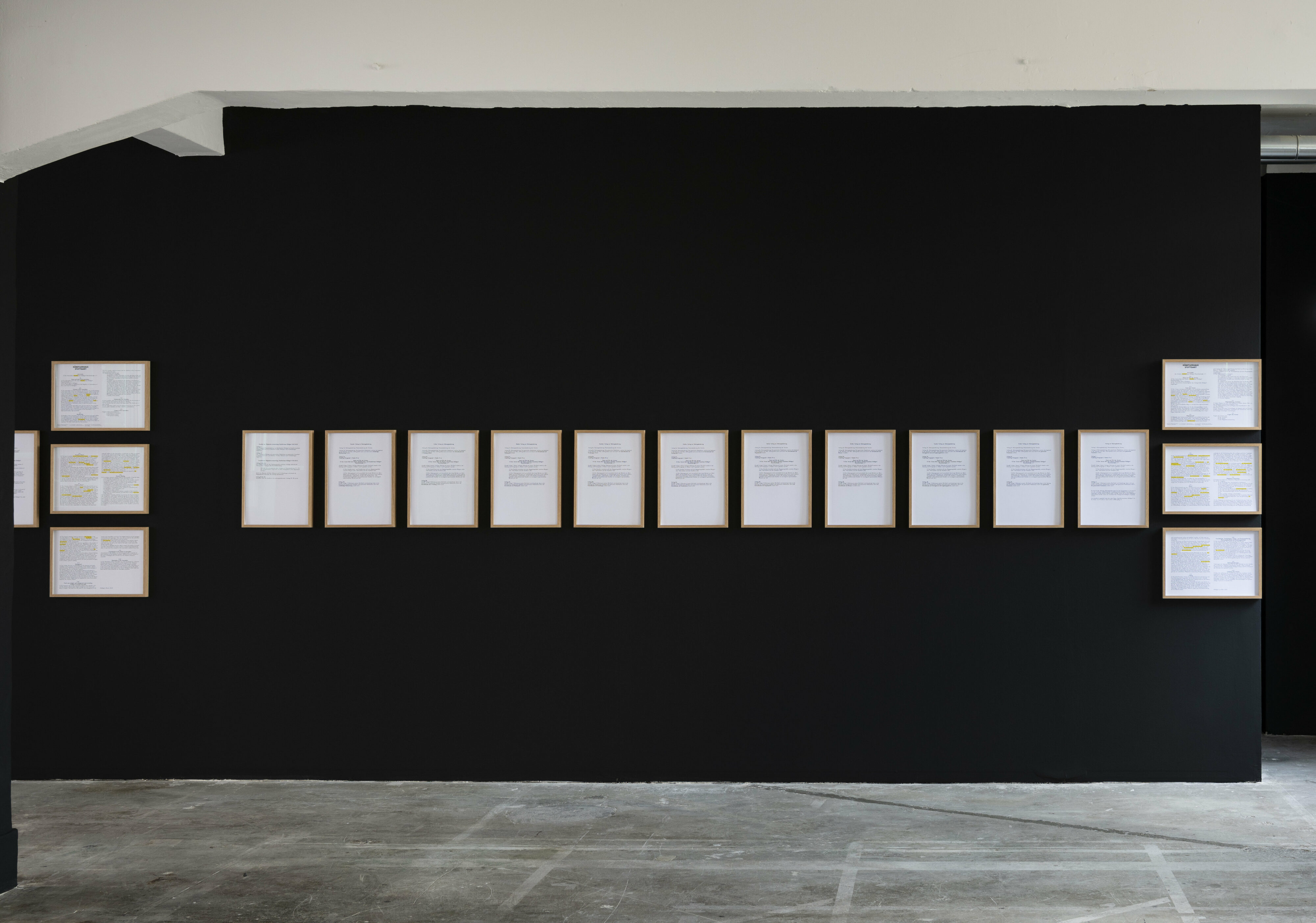
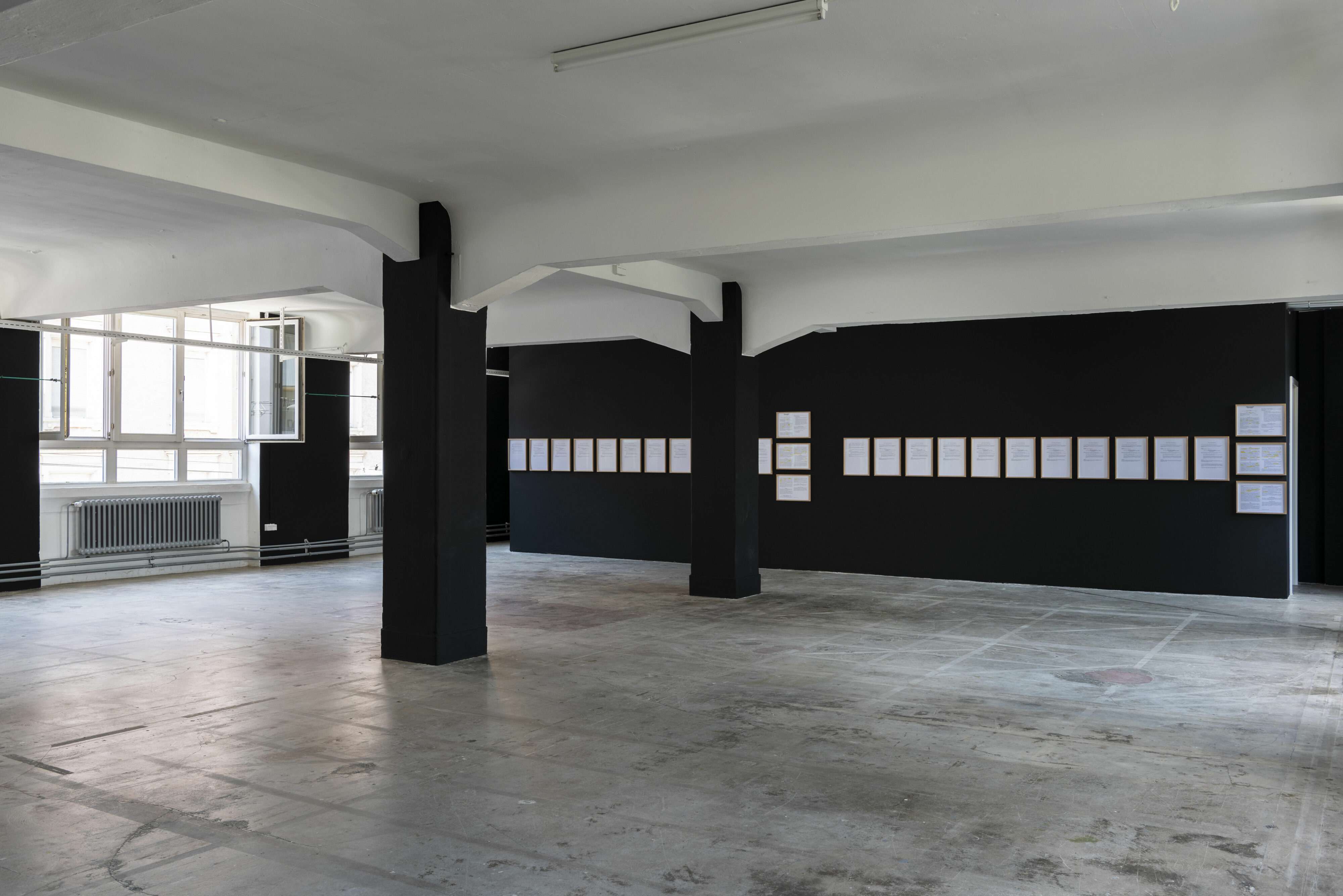

For our 14th Tuesday Workshop, we invite Linienscharen to attend.
Tuesday, May 10, 2022, 7 pm.
The event will take place on the 3rd floor.
Linienscharen
was founded in 2012 as a platform for contemporary drawing in Stuttgart and offers a framework for exchange, lectures and presentations. Linienscharen functions as an open forum for artists from Stuttgart and the region who deal with the theme of line in their work.
In the context of the Tuesday Workshop at the Künstlerhaus, Linienscharen would like to look back on past projects and give those who are not yet familiar with Linienscharen an insight into the platform’s activities. On the other hand, Linienscharen will present their current project “How much can a pigeon carry?” as well as the Ukrainian artist Toma Safarova, who will participate in this planned exhibition series.
Afterwards, it would be nice to get into conversation with each other – about the artistic work, the current art production, the discoveries, recollections, new beginnings …
We ask all visitors to bring 1-2 original works to this evening, a drawing, a sketchbook or an expression in another medium, which deals with the theme of the line.
_____
Tuesday Workshop
With the Tuesday Workshop, the Künstlerhaus invites artists or collectives to talk about their working methods, backgrounds and approaches. We want to establish a platform for more intensive exchange on artistic practice and thus network, show solidarity and strengthen each other.
The series is aimed at all members of Künstlerhaus Stuttgart, artists from Stuttgart and the surrounding area, or those passing through, all art mediators, curators, cultural workers, etc. and is open to everyone!
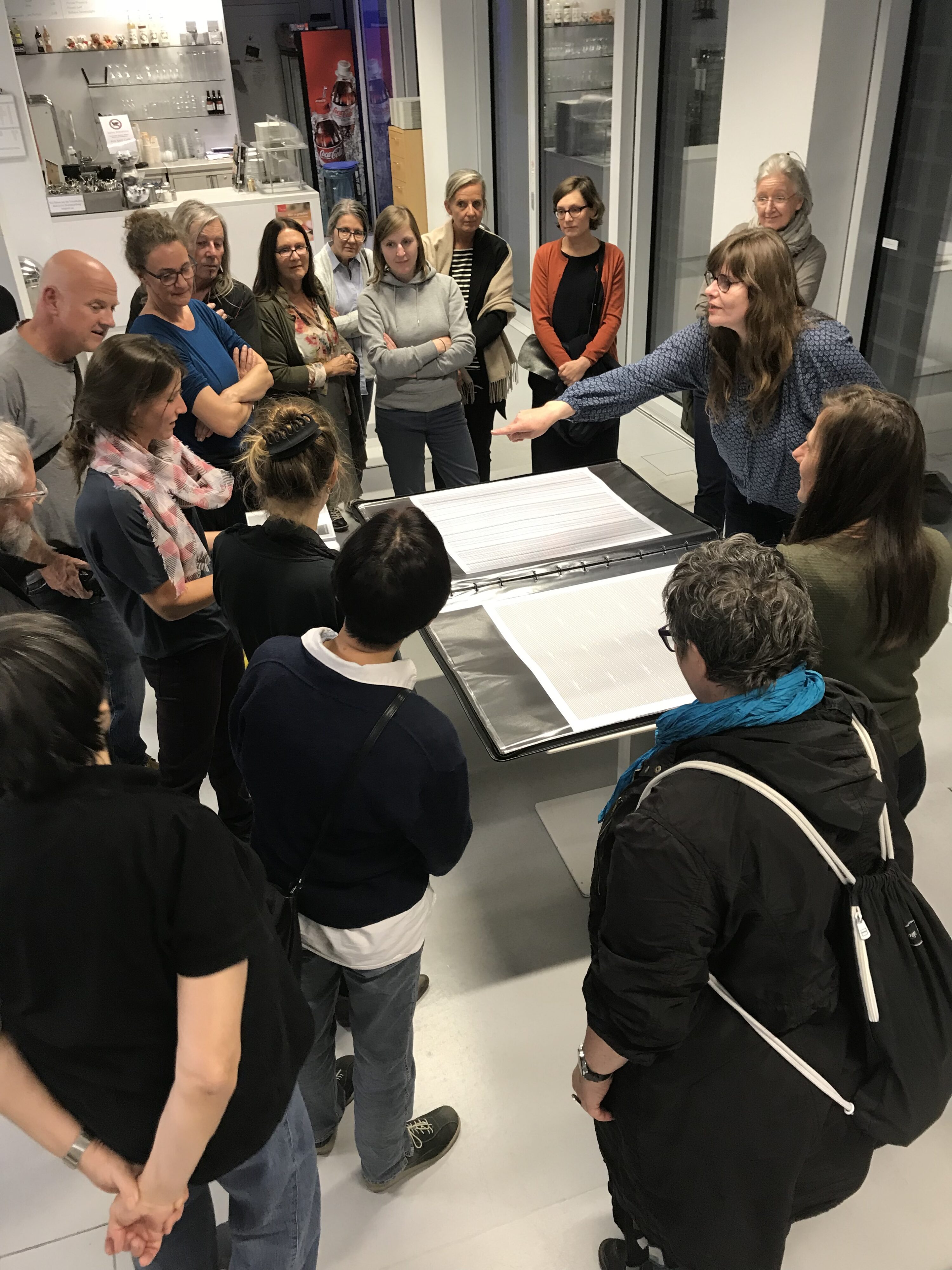
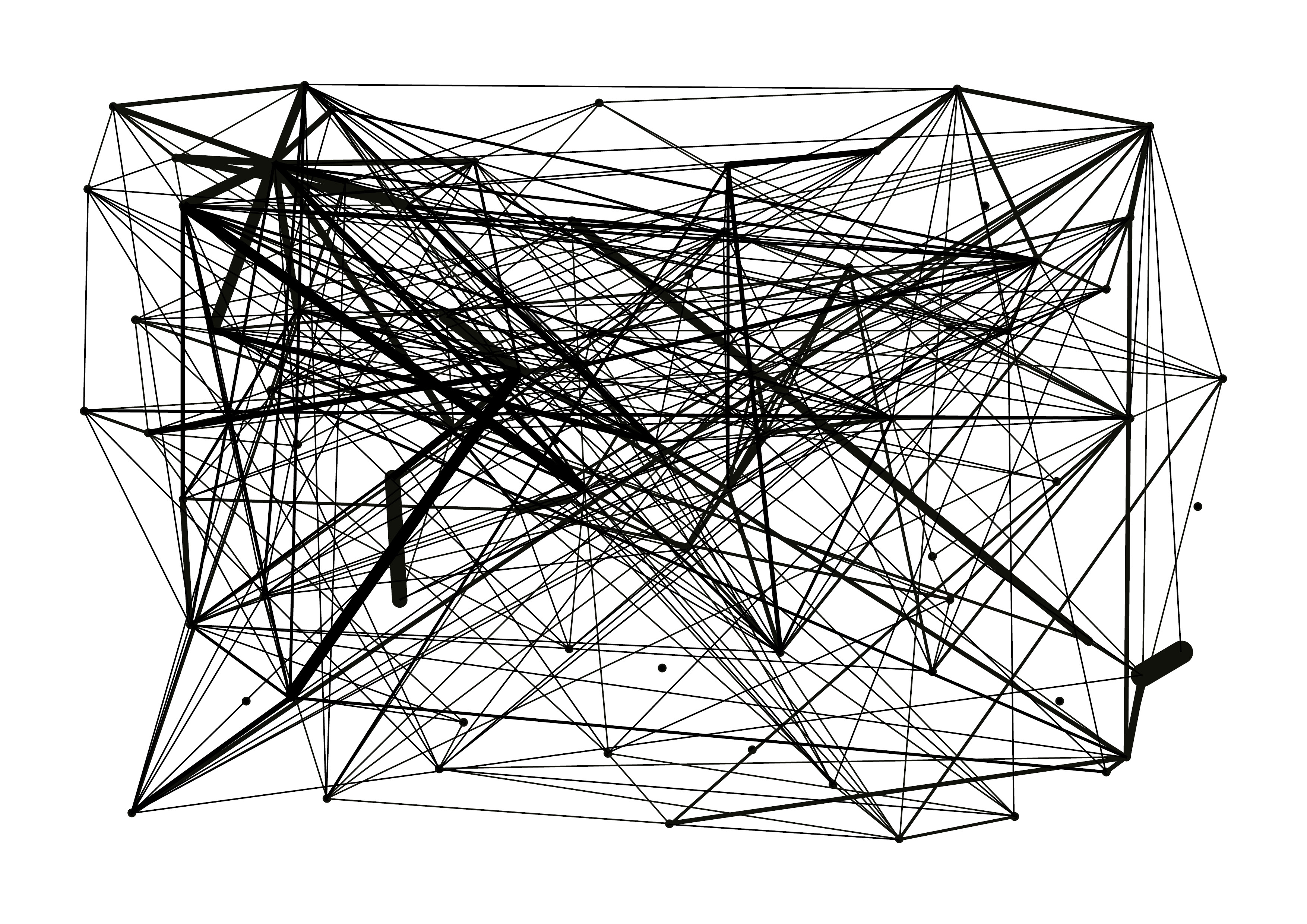
Choose cake display position based on the sun. You wouldn’t want to put your cake table on the sunny side of your tent.
Choose a lighter colour for your cake.
Use a glass cover if your cake is able to fit inside one.
Indoors, the venue should definitely have ample air conditioning.
Consider asking your cake designer about inserting some faux tiers.
Talk to your cake designer and/or wedding planner.
The three-day exhibition “How to protect your wedding cake” by Lennart Cleemann, Lena Meinhardt, Sophia Sadzakov and Eva Dörr is an invitation to stroll – to haptic, audio-visual dreaming. To detach oneself from the ground, via the wind, the rocking, the lullaby, via utopia to the supposedly light emptiness.
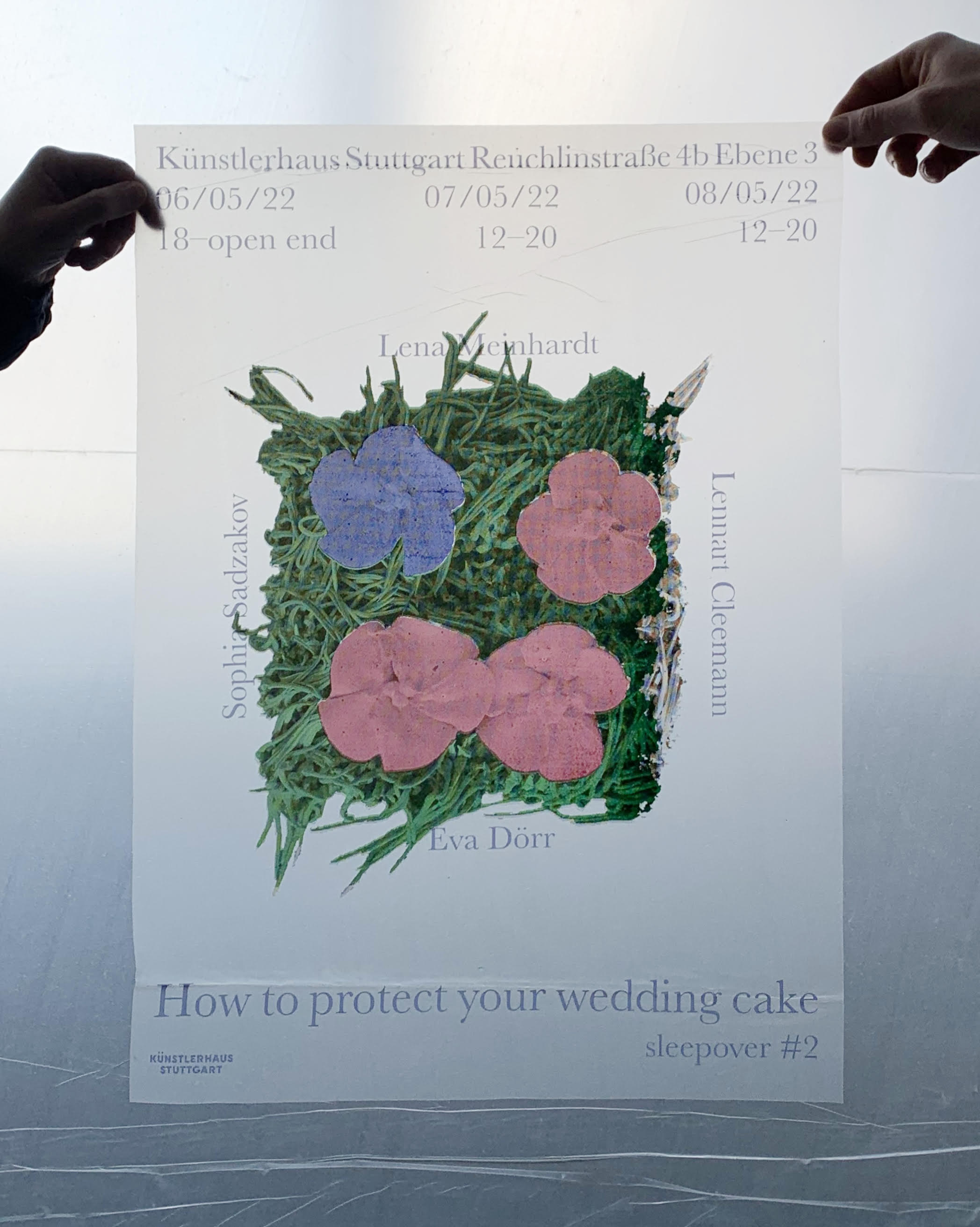
On May 4, 2022 at 7pm we will meet for the next meeting of the Fourth Body. This time the meeting will be held at the upcoming exhibition of Anike Joyce Sadiq. It is also possible to attend via Zoom at the following link:
https://us02web.zoom.us/j/82633972299?pwd=QmczZnpPUEkyNVo3Z1ByQ2FXbTkwUT09
Meeting ID: 826 3397 2299
identification code: 757374
Anike Joyce Sadiq offers in her exhibition to the Fourth Organ a place of meeting and exchange. Therefore, at this meeting we would like to discuss with Anike what is possible and what we would like to work on beyond the regular Fourth Body meetings during the exhibition period.

For our 13th Tuesday Workshop we invite Matthias Megyeri.
Tuesday, April 26, 2022, 7 p.m.
The event will take place on the 4th floor in the Künstlerhaus.
Matthias Megyeri
was a studio fellow from 2010 to 2013 and a member of the advisory board at the Künstlerhaus for 10 years.
Matthias Megyeri is an artist and designer.
His work is based on a conceptual approach that aims to be understood as a contribution to the discussion of socially relevant issues – and to have an impact on them. Since 2003, he has been working continuously on an artistic research project on the subject of security in public spaces. More than 140,000 snapshots are now part of his “Living Archive,” which he uses to think visually on a project-by-project basis in his artistic practice. Using the psychological function of objects is one of the strategies with which he succeeds in placing his works in everyday life. In an art-in-architecture commission for the headquarters of a bank in Manhattan, for example, he was asked to design three hundred street bollards. For this, he used the functional aspect of the bollards to simultaneously refer to the question of the proportionality of security measures and their psychological effect.”
Matthias Megyeri has Hungarian roots and was born in Stuttgart in 1973. He has lived and worked mainly in Stuttgart since his fellowship at the Akademie Schloss Solitude in 2008/09.
www.matthiasmegyeri.net
Instagram: @matthiasmegyeri
_____
Tuesday Workshop
The Künstlerhaus invites an artist or a collective—meaning any artists or cultural workers from any field or discipline—to talk about their working methods as well as their backgrounds and approaches. We want to establish a platform for a more in-depth interaction with regard to artistic practice, and in doing so to create a network, show solidarity, and mutually strengthen one other.
The series is aimed at all members of Künstlerhaus Stuttgart, artists either living in Stuttgart and the surrounding area or just traveling through, all cultural workers, art mediators, curators, etc., and is open to everyone!
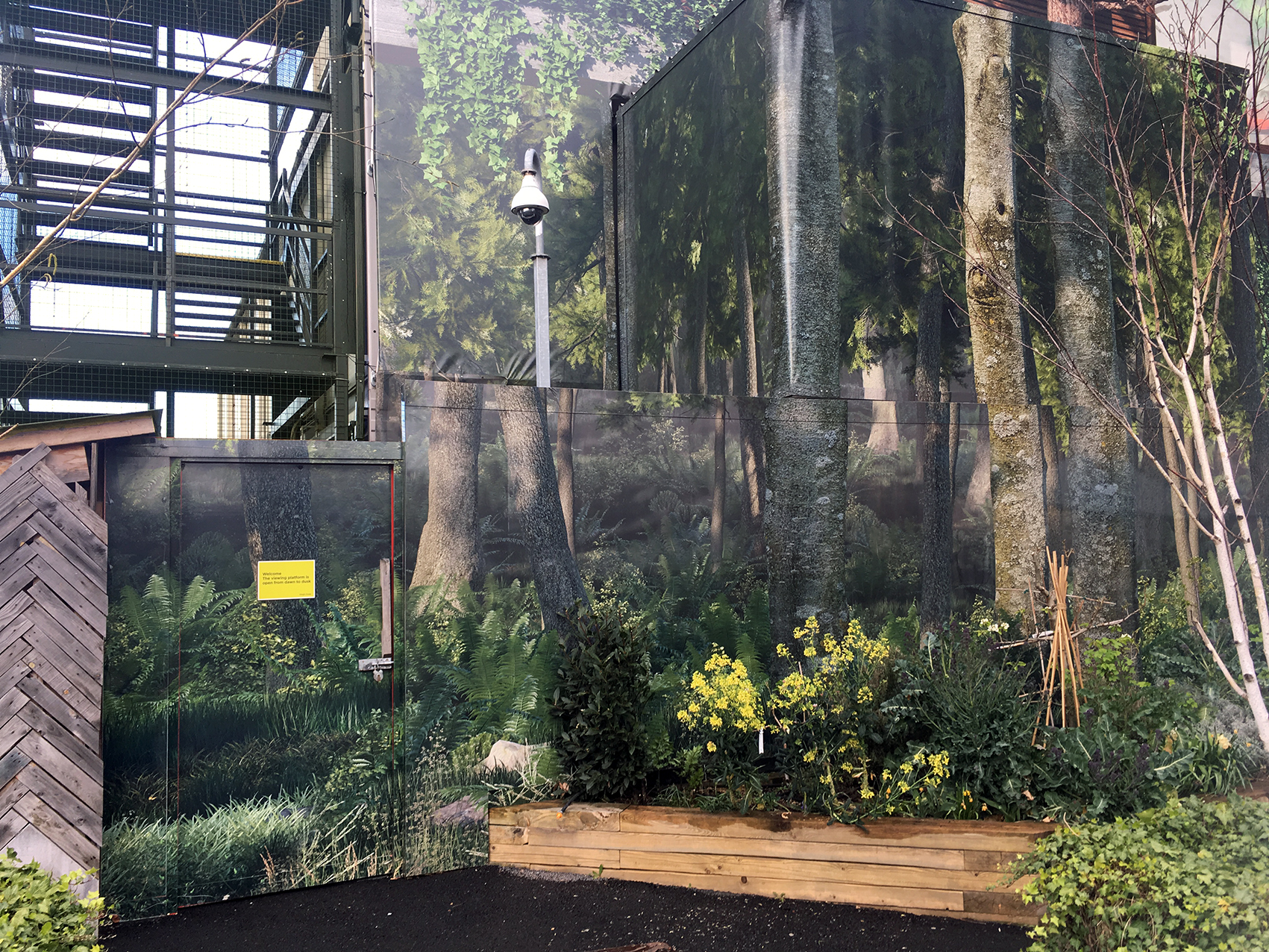
On April 4 at 7pm, the next meeting of the Fourth Organ will be held on the studio floor (3rd floor).
It is also possible to attend via Zoom at the following link:
https://us02web.zoom.us/j/82521529290?pwd=enl4SDFLMXRyWjkyK2ZLakE4enF4UT09
Meeting ID: 825 2152 9290
identification code: 606565
Hermann Pflüger will present his project LadeCA View. This is a tool under development to help with the reception and organization of image sets.
Furthermore there will be an exchange about the last general meeting. An essential point here is the name change and how it should be continued from the perspective of the Fourth Organ.
In addition, it is to be concretized what can happen in the context of Anike Joyce Sadiq’s exhibition, which will open in May – also beyond the monthly meetings.
About the Fourth Organ
At the general meeting on March 25, 2021, the members collectively voted to meet regularly as an association from now on.
These meetings are intended to establish a space for understanding between the membership and the Board. A sounding board for initiatives, critiques, and visions, a space for discourse between artistic and institutional practice, and possibly a step towards making the oft-cited hive hum a few decibels louder.
These regular meetings are organized by the advisory board of the Künstlerhaus. Questions or suggestions are welcome to be sent in advance to the Advisory Board at beirat@kuenstlerhaus.de.
These meetings are open to all members and those who would like to become members.

Please note the change of dates for this workshop. The workshop will be held in-person on the fourth floor gallery at the Künstlerhaus Stuttgart and will be held in English. Please register by email here.
Artist Nikita Gale will explore themes of polyvocality, performance, recording, exhaustion, and duration in the context of Andrea Fraser’s This meeting is being recorded.
Nikita Gale’s work applies the lens of material culture to consider how authority and identity are negotiated within political, social, and economic systems. Currently living and working Los Angeles, USA, Gale holds a BA in Anthropology with an emphasis in Archaeological Studies from Yale University, and received an MFA in New Genres at the University of California Los Angeles.
Gale’s work has recently been exhibited at MoMA PS1 (New York); LACE (Los Angeles); Commonwealth and Council (Los Angeles); Matthew Marks Gallery (Los Angeles); The Studio Museum in Harlem (New York); Rodeo Gallery (London); and the Hammer Museum (Los Angeles). Gale will present a major new solo exhibition at Chisenhale Gallery, London in 2022.
Andrea Fraser’s new work This meeting is being recorded (2021) is coproduced by the Hammer Museum and Künstlerhaus Stuttgart. Production was supported by a grant from the Mike Kelley Foundation, which also supported Hammer Projects: Andrea Fraser, a 2019 exhibition at the Hammer Museum, Los Angeles, which included a presentation of Men on the Line and an associated publication, Andrea Fraser: Collected Interviews, 1990–2018, edited by Andrea Fraser, Rhea Anastas, and Alejandro Cesarco (New York and London: A.R.T. Press and Koenig Books, 2019).
This workshop—co-organized by Rhea Anastas, Andrea Fraser, and Eric Golo Stone—was made possible through the generous support of the Stiftung Kunstfonds in the form of a 2021 NEUSTART KULTUR Grant.



Please note the change of dates for this workshop. The workshop will be held in-person on the fourth floor gallery at the Künstlerhaus Stuttgart and will be held in English. Please register by email here.
“To me it is more than ever clear that there is some quite surprising contradiction in the situation in which I find myself. I, too, have heard rumors about the value of my contributions to groups; I have done my best to find out just in what respects my contribution was so remarkable, but have failed to elicit any information. I can, therefore, easily sympathize with the group, who feel that they are entitled to expect something different to what, in fact, they are getting.”
— WR Bion, Experiences in Groups, 1948
A workshop in the form of a process group, in which members will, in various ways, have opportunities for “learning from experience”, as proposed by British psychoanalyst Wilfred Bion (1897-1979) whose writings on group phenomena and intra-group authority dynamics orient both Andrea Fraser’s new video work This meeting is being recorded and this event in Stuttgart. The workshop is co-directed by Alex Davidson and Jamie Stevens.
Alex Davidson works in the mental health charity sector in London, where part of her role is to facilitate reflective practice groups for mental health support workers. She has written about art for various publications internationally.
Jamie Stevens is an independent curator and writer based in London. He has worked in curatorial roles at Artists Space, New York; CCA Wattis Institute, San Francisco; Cubitt Gallery, London; and Chisenhale Gallery, London.
Davidson and Stevens are both psychotherapists-in-training at the Tavistock Clinic in London.
Andrea Fraser’s new work This meeting is being recorded (2021) is coproduced by the Hammer Museum and Künstlerhaus Stuttgart. Production was supported by a grant from the Mike Kelley Foundation, which also supported Hammer Projects: Andrea Fraser, a 2019 exhibition at the Hammer Museum, Los Angeles, which included a presentation of Men on the Line and an associated publication, Andrea Fraser: Collected Interviews, 1990–2018, edited by Andrea Fraser, Rhea Anastas, and Alejandro Cesarco (New York and London: A.R.T. Press and Koenig Books, 2019).
This workshop—co-organized by Rhea Anastas, Andrea Fraser, and Eric Golo Stone—was made possible through the generous support of the Stiftung Kunstfonds in the form of a 2021 NEUSTART KULTUR Grant.



For our 12th Tuesday workshop we invite Alba Frenzel.
February 8th 2022, 7 pm
The event will take place in presence at the Künstlerhaus.
Alba Frenzel
has been a studio fellow at the Künstlerhaus since 2020.
She describes her artistic practice thus:
My project is a large-scale research in which the liverwurst tree is dealt with as if it were art, or with art as if it were a liverwurst tree. The qualities of the tree that can be rethought to the qualities of art are selected. In this way, art grounds itself and we get to know the liverwurst tree.”
“I am working on a format between studio and exhibition, in which I am active and present as an artist with photography, sculpture, text, text images, with sung and spoken quotations that I encounter in the course of the research, performative elements, readings and lectures.
____
Tuesday Workshop
The Künstlerhaus invites an artist or a collective—meaning any artists or cultural workers from any field or discipline—to talk about their working methods as well as their backgrounds and approaches. We want to establish a platform for a more in-depth interaction with regard to artistic practice, and in doing so to create a network, show solidarity, and mutually strengthen one other.
The series is aimed at all members of Künstlerhaus Stuttgart, artists either living in Stuttgart and the surrounding area or just traveling through, all cultural workers, art mediators, curators, etc., and is open to everyone!

Studio grants 2022/2023
Künstlerhaus Stuttgart is offering six studio grants for a period of 12 months, starting 1st of May 2022. Each individual studio is approx. 25 sqm. A large recreation room is accessible for all recipients. Additionally, stipendiaries have free access to all technical facilities of Künstlerhaus Stuttgart. The studios are free of rent, but a membership at Künstlerhaus Stuttgart will be necessary.
It is possible to extend the studio grant through applying for another year. This option can be used not more than twice, so a maximum period of three years is possible.
Künstlerhaus Stuttgart was founded in 1978 as an initiative of local artists. Since then it has developed into one of the most distinguished institutions for contemporary art nationally and internationally. In addition to the exhibition program and complementary series of lectures, screenings and discussions, Künstlerhaus Stuttgart hosts production workshops including audio-visual media, various printing techniques, ceramics, and a separate workshop for children.
Künstlerhaus invites applications from the fields of art, architecture, theory and design, that involve ideas and projects to which the specific infrastructure of Künstlerhaus Stuttgart can serve as a helpful context. Applications of groups and single applications are both welcome. Students are unfortunately not eligible to apply.
Please include with your application the following documents:
– CV
– documentation of your artistic work, such as portfolio, catalogues (max. 2 books), images etc.
– a written description how you want to use your studio at Künstlerhaus Stuttgart (max. 2 pages)
Please send us your application via email, please send one pdf file only, latest by January 31th 2022:
Contact Person: Romy Range
Email: info@kuenstlerhaus.de
Subject line: Studio application
The jury, which consists of members of the artistic board, will meet in February and all applicants will be informed about the decisions as soon as possible.
Please note that the studio program does not include accommodation or any kind of financial aid. An introduction to all workshops is liable for costs. International applications are generally accepted, provided that the applicants make their own accommodation arrangements. The residency has to be in Stuttgart within the year.
_____
Workshop grant
Künstlerhaus Stuttgart is now awarding regular workshop grants for the following workshops: Audio, Ceramics, Media, Photography, Silkscreen, Etching, Lithography.
Artists and collectives can apply for a project for a specific duration. The occupancy of the workshop will be coordinated with the respective workshop manager.
The workshop grant includes:
– the use of the workshop free of charge (use in coordination with the workshop manager)
– an introductory technical course in the respective workshop
– Advice from the workshop manager (not complete project supervision)
The following information is required for the application:
– Project description incl. project duration
– CV
– exposé
An application for a workshop grant is possible all year round. The jury, consisting of the board of directors and the respective workshop manager, meets regularly to decide on the submitted projects. Applicants can contact the workshop manager before applying to clarify whether the project can be realized in the workshop. Unfortunately, any material costs cannot be covered.
Please submit the application documents only digitally as a pdf file by e-mail:
Contact: Romy Range
e-mail: info@kuenstlerhaus.de
Subject: Workshop grant
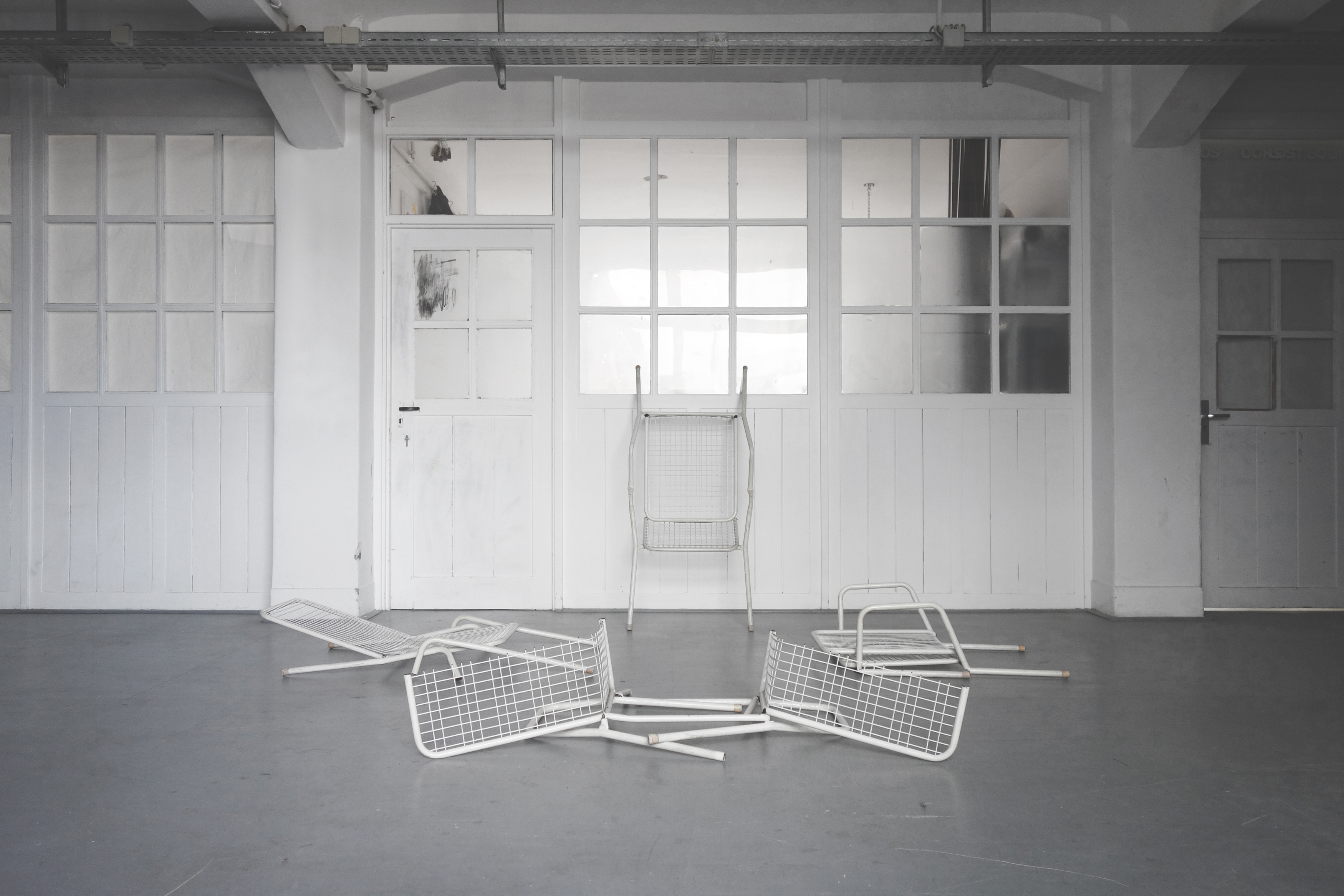

Opening hours exhibition
The exhibition will be closed from 22 December to 06 January. On 07 January 2022 the exhibition will be open again at the regular times for visitors.
Wed – Sun 12 to 6pm
Free entrance
Opening hours office
From 20 December 2021 to 10 January 2022 the office is closed.
Mon closed
Tue – Fri 12 to 5pm
2G+ rule
For the visit of our exhibitions and events the 2G+ rule is valid. This means that only vaccinated and recovered persons with an additional negative rapid test are admitted. Exceptions: Those who have been boostered or whose full immunization / recovery was not longer than three months ago are exempt from testing at 2G+. It is also mandatory to wear an FFP2 mask. A simple medical mask is no longer sufficient.
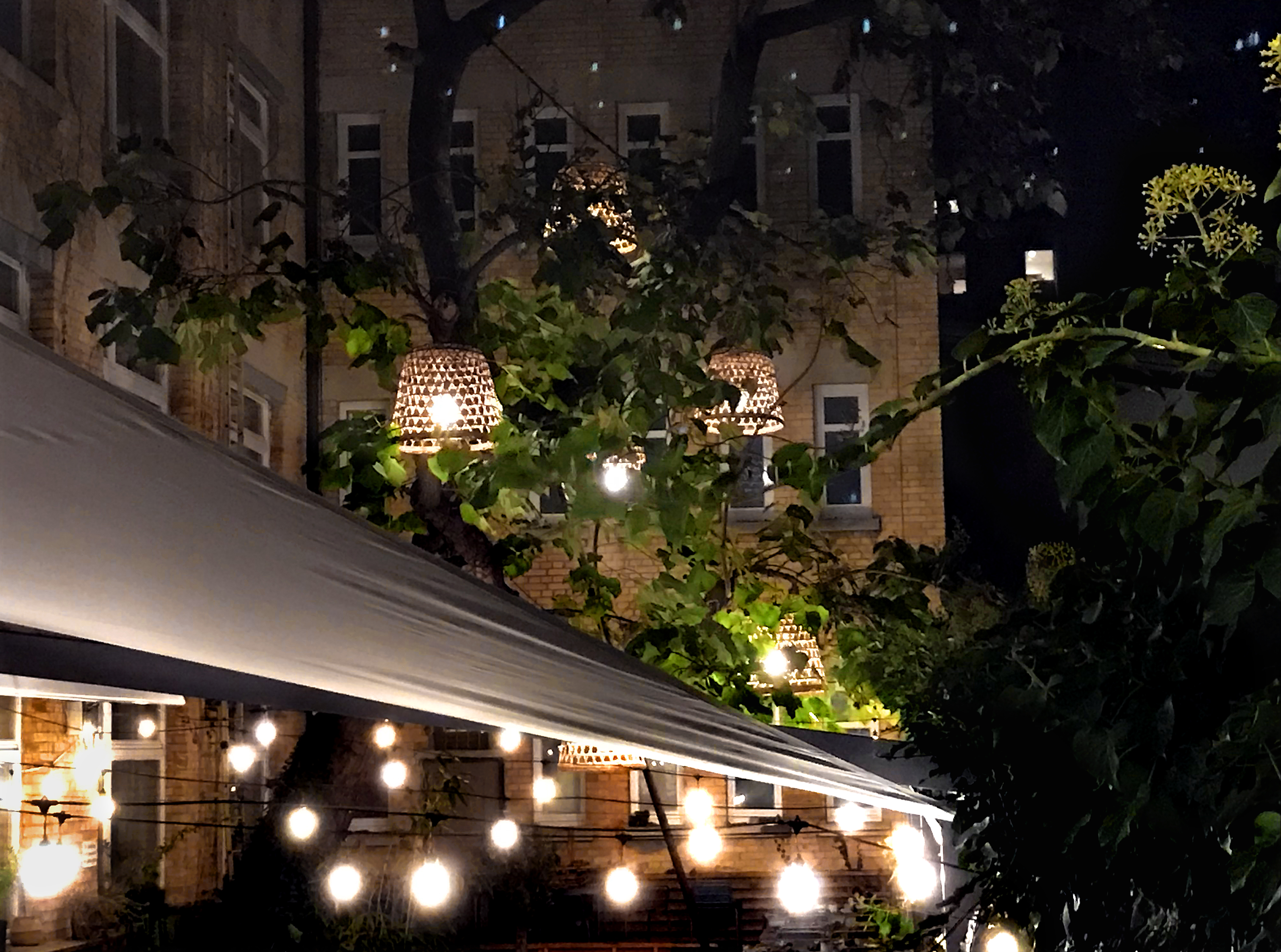
„ABOUT:BLANK“
30 min, Documentary HD, German with English subtitles
By Julian Bogenfeld
The movie “About:Blank” shows insights of an art happening that took place in the premises of the LAF (Leerstand als Freiraum e.V.) Pforzheim in May 2018: A group of artists lives and works for 3 days in an empty commercial space, an old shop with large windows, opposite the city’s town hall. The luggage is limited to one piece per person, for the artistic work on site. The tight time frame and the clear definition of the place are meant to stimulate artistic exchange. The interdisciplinarity and openness of the format promises unexpected results. The film shows images from a time before Corona and recalls freedoms of art that were not given in the past months.
Direction and production: Julian Bogenfeld
Duration 30 min, German with English subtitles
___
Tuesday Workshop
The Künstlerhaus invites an artist or a collective—meaning any artists or cultural workers from any field or discipline—to talk about their working methods as well as their backgrounds and approaches. We want to establish a platform for a more in-depth interaction with regard to artistic practice, and in doing so to create a network, show solidarity, and mutually strengthen one other.
The series is aimed at all members of Künstlerhaus Stuttgart, artists either living in Stuttgart and the surrounding area or just traveling through, all cultural workers, art mediators, curators, etc., and is open to everyone!
Next Tuesday Workshop Dec 14th 2021 with Alba Frenzel

For our tenth Tuesday workshop we invite Dirk Reimes.
12.10.2021, 7 pm
The event will take place in presence at the Künstlerhaus.
Dirk Reimes
is a visual artist living and working between Brussels and Stuttgart. His practice feeds from a continuous field research on the everyday and the ordinary. The methods and tools of this research, as well as the forms and formats of the results, are wide-ranging and include images, objects, and texts. In the Tuesday workshop, he will present his current book “sous un ciel partagé entre nuages et éclaircies,” which is based on a year of research in Brussels and combines autobiography with fiction, everyday experiences with found contemporary testimonies.
____
Tuesday workshop
The Künstlerhaus invites an artist or a collective—meaning any artists or cultural workers from any field or discipline—to talk about their working methods as well as their backgrounds and approaches. We want to establish a platform for a more in-depth interaction with regard to artistic practice, and in doing so to create a network, show solidarity, and mutually strengthen one other.
The series is aimed at all members of Künstlerhaus Stuttgart, artists either living in Stuttgart and the surrounding area or just traveling through, all cultural workers, art mediators, curators, etc., and is open to everyone!
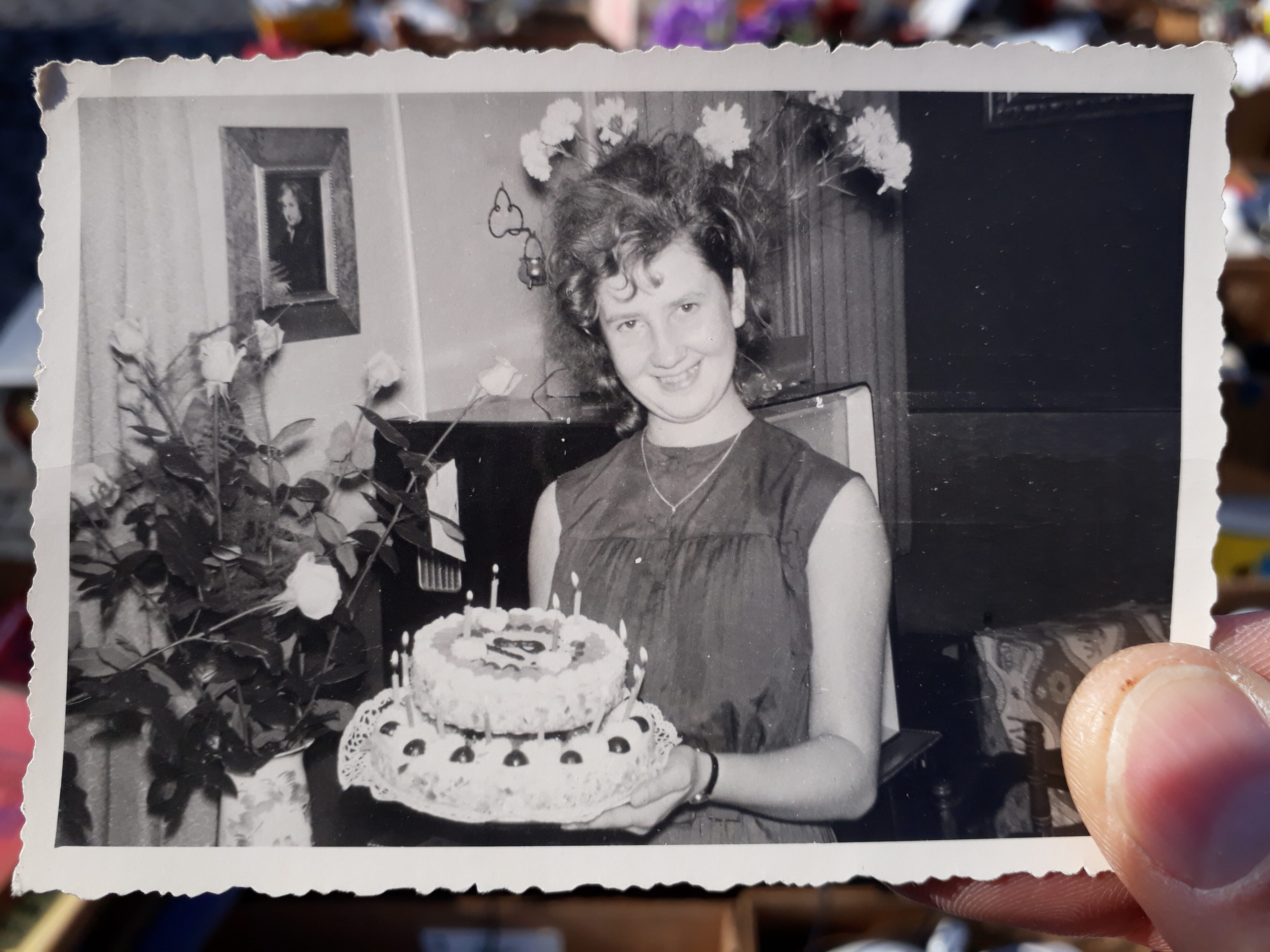
Since the 1980s, Andrea Fraser has achieved renown for work that interrogates social and psychological structures with incisive analysis, humor, and pathos. While Fraser’s work often is associated with critical investigations of art institutions, her performances since the mid-2000s have turned toward examining the intersections between sociopolitical and psychological structures as these produce and reproduce individual and group identity as well as social systems. Fraser’s solo exhibition at Künstlerhaus Stuttgart brings this examination into focus with three performance-based video installations: Projection (2008), Men on the Line: Men Committed to Feminism, KPFK, 1972 (2012/2014), and her major new work, This meeting is being recorded (2021), a ninety-eight-minute video exploring the processes and formation of race, gender, and age within an intergenerational group of seven self-identified white women.
While they do not comprise a formal trilogy, Projection, Men on the Line, and This meeting is being recorded are clearly linked by process, method, and formal strategy. All three works build on the multivoice performance practice Fraser has developed since the early 1990s. All three are shot against black backdrops and projected life-size to affect the experience of being in the same room as the performer. All three are performed directly to the camera to include the viewer in the dialogue. All three are based on recordings of forms of dialogue with high emotional stakes that are usually very private but which Fraser brings into the public realm. And all three are informed by Fraser’s understanding of performance as a practice of capturing and framing the processes of internalization and projection, incorporation and enactment through which the social and the psychological intersect in the production and reproduction of social identity, groups, and institutions. Combining rigorous investigation and intimate self-exposure, Fraser explores how artistic, intellectual, and political positions are driven by emotional needs and how psychological forces both shape and are shaped by social and political structures.
This meeting is being recorded: Andrea Fraser is organized by curator Rhea Anastas and Eric Golo Stone, artistic director of the Künstlerhaus Stuttgart.
Full exhibition text may be read in the pamphlet above.
The video works in the exhibition will be shown in English only. However, the performance scripts of Projection and Men on the Line can be viewed in English and German on request in the galleries.
Please note that proof of recovery, negative testing or full vaccination is required to visit the exhibition and all related events. We look forward to your visit!
Schedule of Programs:
09/28/2021 (7 pm):
Andrea Fraser gives a public lecture at ABK-Stuttgart, followed by a discussion with curator Rhea Anastas
(registration by e-mail to veranstaltungen(at)abk-stuttgart.de is necessary due to limited capacities)
10/01/2021 (open to students only):
Andrea Fraser conducts a workshop with students from the Body, Theory, and Poetics of the Performative program in the Department of Art at the ABK-Stuttgart Heusteigtheater
10/16/2021 (3pm):
Eric Golo Stone, artistic director of the Künstlerhaus Stuttgart, gives a tour of the exhibition open to the public at the Künstlerhaus Stuttgart
02/12/2022 (3pm):
Curator and psychotherapist Jamie Stevens conducts a workshop with Alex Davidson open to the public at the Künstlerhaus Stuttgart
03/19/2022 (3pm):
Nikita Gale conducts a workshop open to the public at the Künstlerhaus Stuttgart
Fri, Sat, Sun 12–6pm:
Künstlerhaus educators lead public discussions of the exhibition
Fraser’s new work This meeting is being recorded (2021) is coproduced by the Hammer Museum and Künstlerhaus Stuttgart. Production was supported by a grant from the Mike Kelley Foundation, which also supported Hammer Projects: Andrea Fraser, a 2019 exhibition at the Hammer Museum, Los Angeles, which included a presentation of Men on the Line and an associated publication, Andrea Fraser: Collected Interviews, 1990–2018, edited by Andrea Fraser, Rhea Anastas, and Alejandro Cesarco (New York and London: A.R.T. Press and Koenig Books, 2019).
In collaboration with the Stuttgart State Academy of Art and Design and with the generous support of:

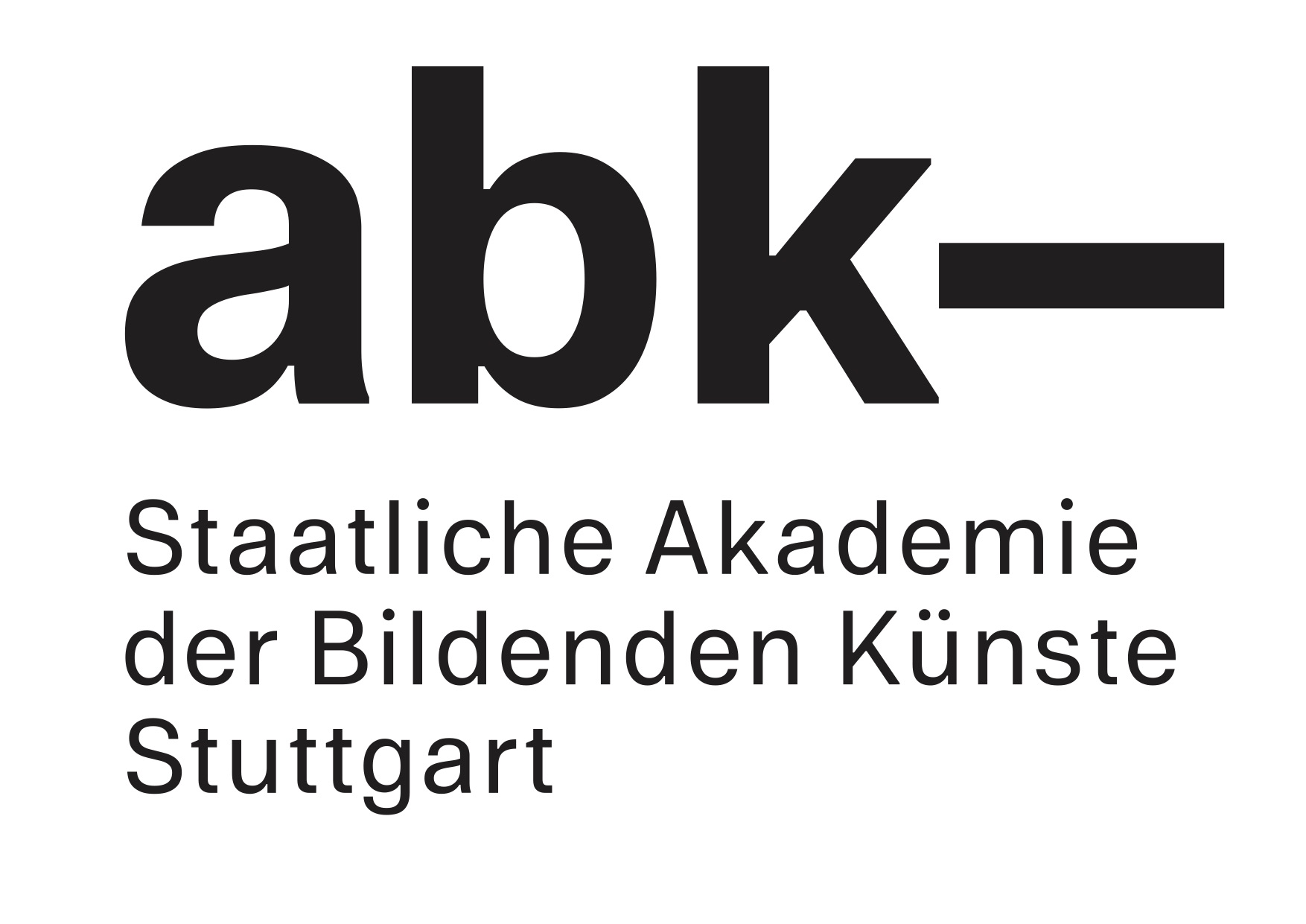


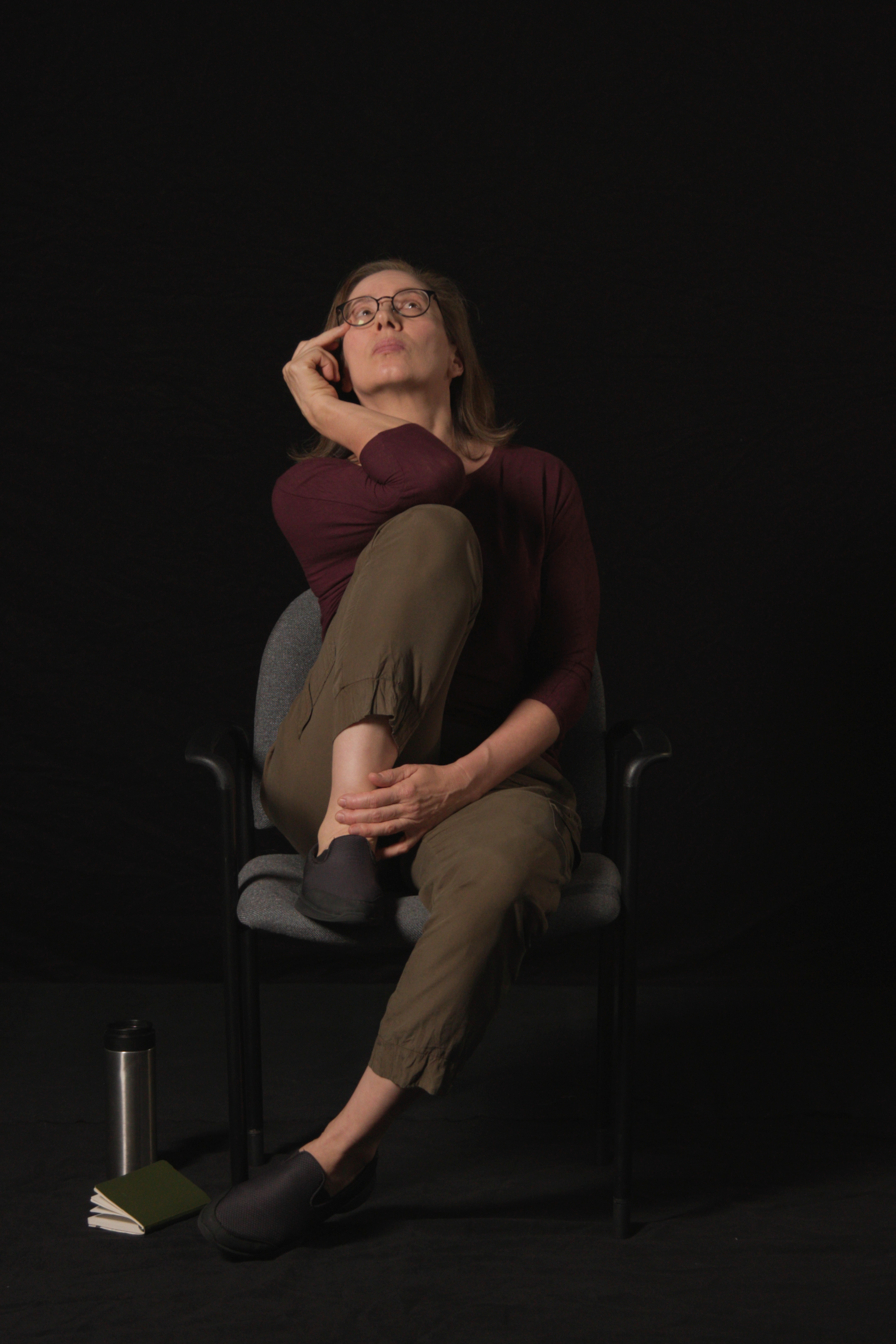
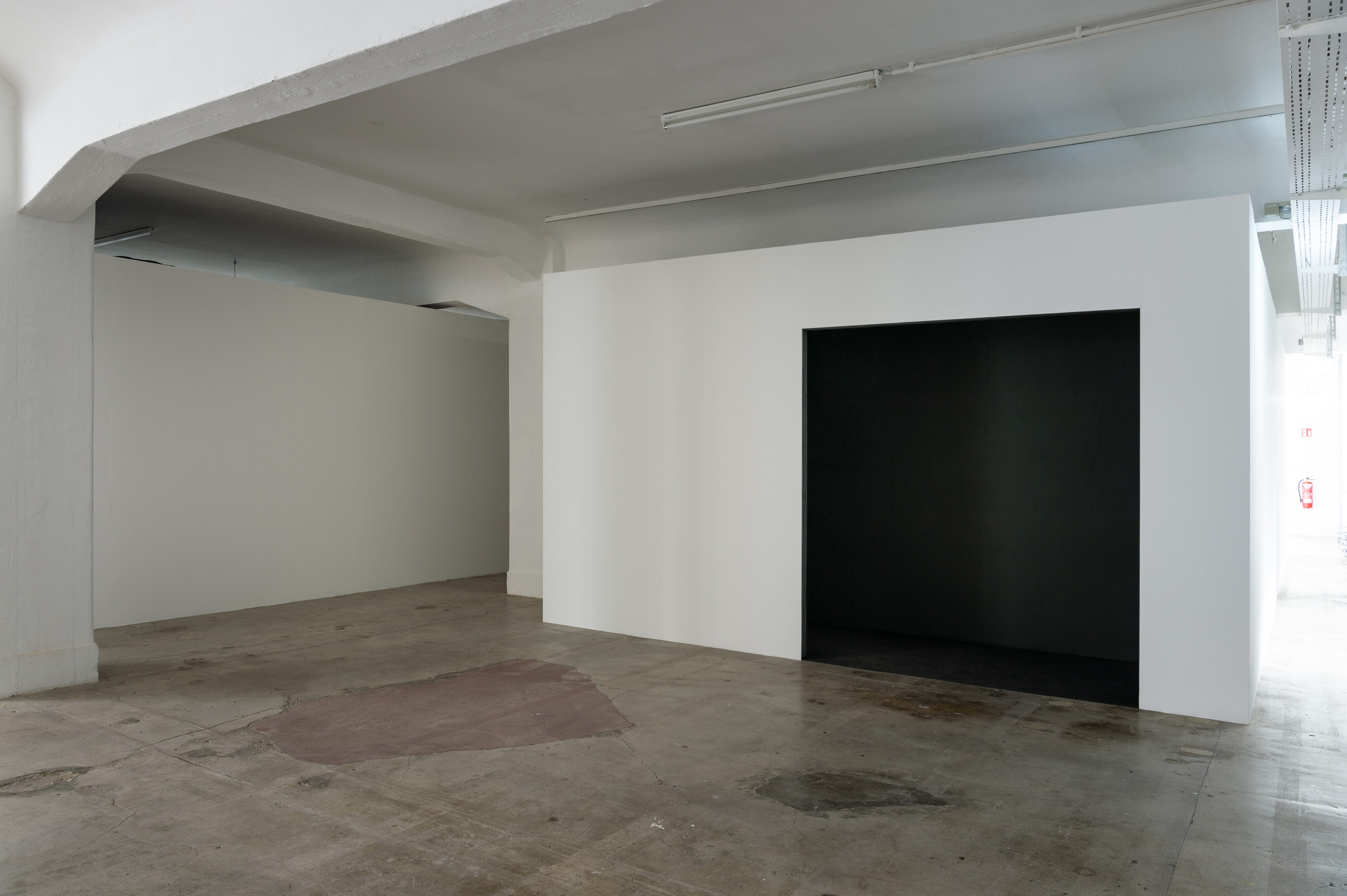
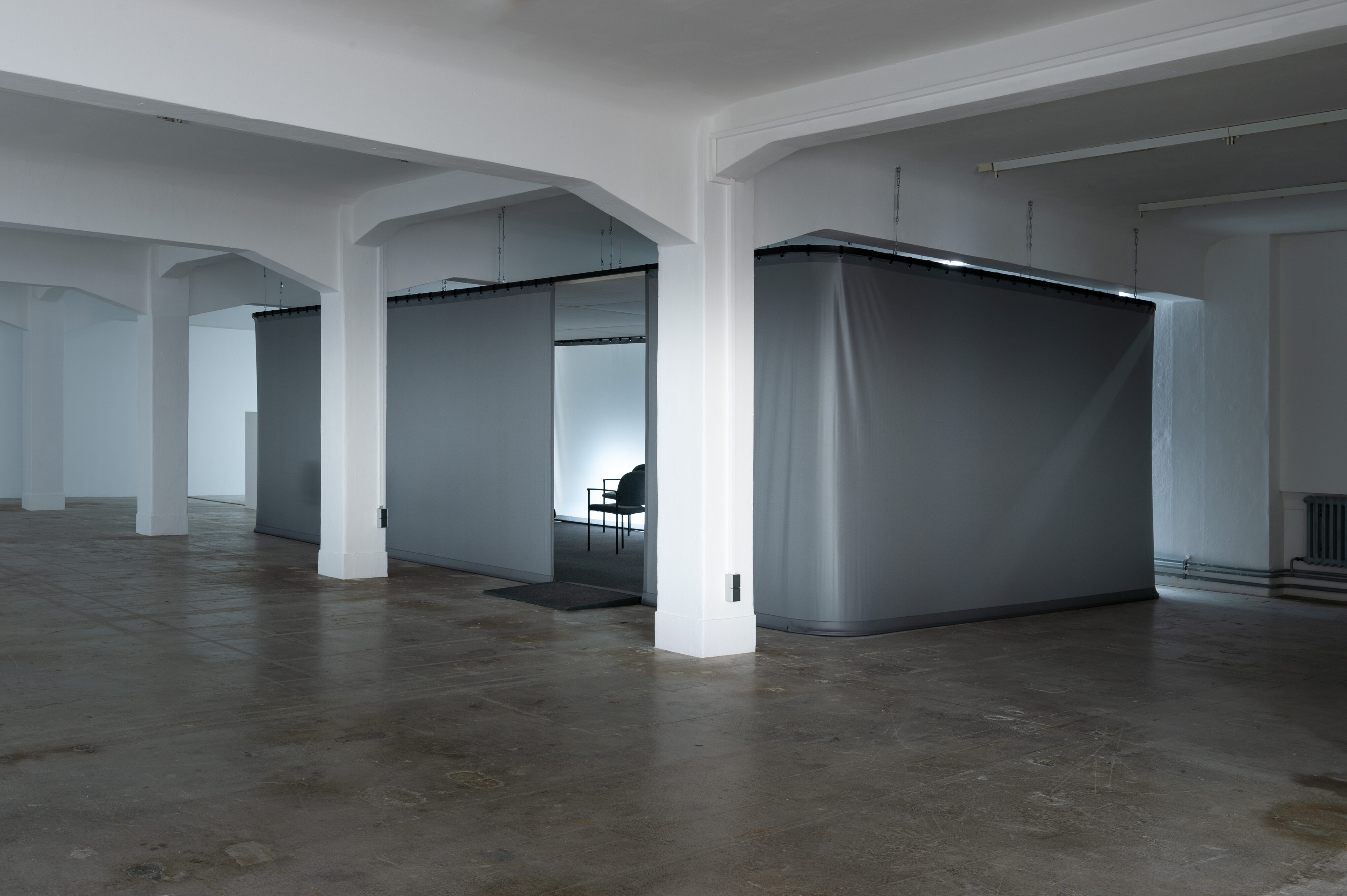


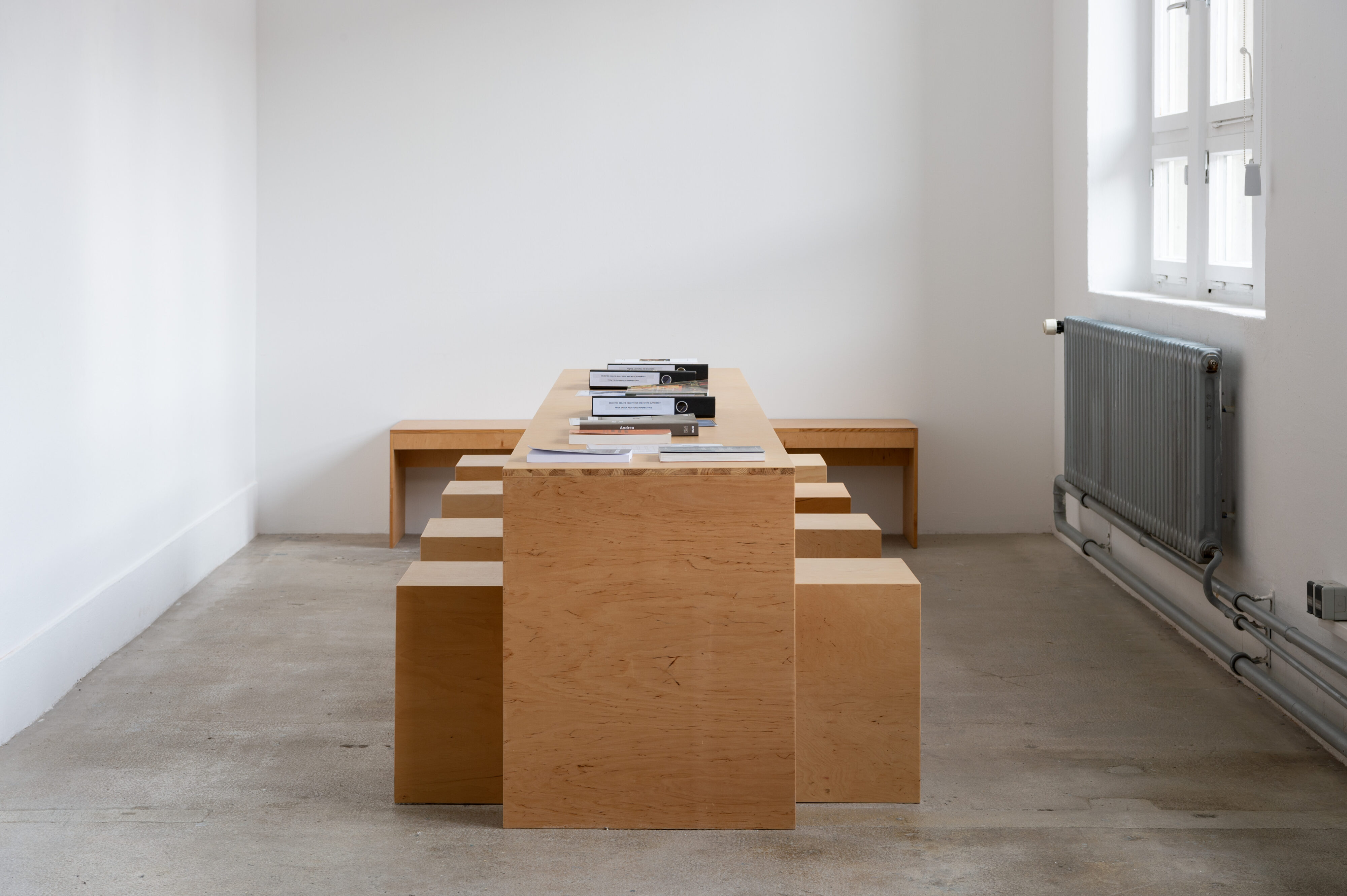
collectively uncurated
with
Beria Altinoluk, Joannie Baumgärtner, Begleitbüro SOUP, Ulrich Bernhardt, Bureau Baubotanik, Lennart Cleemann, Ania Corcilius, Theo Dietz, Eva Dörr, Janis Eckhardt, Alba Frenzel, Peter Hauer, Herbordt/Mohren, Yvette Hoffmann, Hannelore Kober, Justyna Koeke, Paul Kramer, Otto Kränzler, Caro Krebietke, Björn Kühn, Marlon Lanziner & Valentino Berndt, Matteo Locci, Matthias Megyeri, Lena Meinhardt, Elmar Mellert, Boris Nieslony, n.n.n. collective, Romy Range, Yara Richter, Jasmin Schädler, Ursula Scherrer, Anna Schiefer, Fender Schrade, Mira Simon, Michael Stockhausen, Başak Tuna, Helen Weber, Heidemarie von Wedel,Olav Westphalen, Georg Winter et al
Daily: round table from 6 pm at the Künstlerhaus – performances in the urban space – exhibition
Exactly 40 years ago, from September 01 to 30, 1981, the Künstlerhaus Stuttgart, under the direction of Ulrich Bernhardt, invited 57 local and 19 international artists to the artistic group project KONZIL. Every evening, questions about cooperation, artistic exchange, content-related, political, formal and social aspects of ephemeral and performance art were discussed at a 40-square-meter table. The project was complemented by actions and events in the urban space. Out of the KONZIL, the artist Boris Nieslony developed the world’s first performance art archive in 1981, “Die Schwarze Lade” (Black Kit).
40 years later, Künstlerhaus Stuttgart brings KONZIL back to Stuttgart and builds a bridge to current topics, debates and discourses. In the course of a two-week event, the historical KONZIL will be linked in the form of an archival exhibition with a performance program and daily discussion rounds.
Nine artists were selected through an open call to present performances in Stuttgart’s urban space. Joannie Baumgärtner, Theo Dietz, Justyna Koeke, Paul Kramer, Caro Krebietke, Matthias Megyeri, Ursula Scherrer and Başak Tuna & Matteo Locci will perform at different locations in Stuttgart such as the observatory, the Rosensteingarten or at the Neckar river. Following the performances, we invite every evening from 6 pm to a discussion with changing guests and a joint meal at the Künstlerhaus.
All evening events will take place on the 4th floor of the Künstlerhaus, where the exhibition with historical material from the Black Kit archive of Boris Nieslony can also be seen. Documents, photographs, posters, and video footage, including those of artists who were active at the Künstlerhaus and in Stuttgart in 1981, provide insight into the significance of the archive and place the current performances in a historical context.
The exhibition Permanente Performance – 40 Jahre Konzil is open from Aug 31 to Sept 12, 2021, Tuesday through Sunday from 2 to 6 pm.
Program
Monday, August 30, 2021, 6 pm
Opening
Greeting: Ania Corcilius, 1st Chairwoman, Künstlerhaus Stuttgart
Greeting: Dr. Fabian Mayer, First Mayor, Department of General Administration, Culture and Law
Introduction: Ulrich Bernhardt (Co-Founder and 1st Artistic Director, Künstlerhaus Stuttgart / Organizer Konzil, 1981); Boris Nieslony (Founder Performance Art Archive “Die Schwarze Lade” / Organizer Konzil, 1981)
Introduction: Anna Schiefer, 2nd chairperson, Künstlerhaus Stuttgart
Tuesday, August 31, 2021
Theo Dietz
How to build fishing rods
Place: Künstlerhaus courtyard
Time: 4 pm
A lecture about so called miscast hooks, which can be handy for fishing in garbage containers, and how to build them. Waste separation becomes an artistic action and attitude.
In his cross-media projects Theo Dietz deals with places in their social, material and political dimensions and opposes them with his own post-ironic utopian spaces. He has been involved with performances at the 15th Istanbul Biennial and
Manifesta11, among others. In addition to his artistic activities, Dietz works as a garbage collector.
Table talk from 6 pm in the Künstlerhaus
Guest: Armin Chodzinski
Armin Chodzinski negotiates the network of relationships between art and business in performances, lectures and exhibitions. His practice moves between mediation, self-experimentation and research, which he develops further in theaters and exhibition spaces as well as on radio and television.
Wednesday, September 1, 2021
Caro Krebietke
MISSING!
Location: Main entrance Rosenstein Castle, Stuttgart Museum of Natural History, Rosenstein 1, 70191 Stuttgart, Germany.
Time: 3 to 5 pm
The dramatic decline of insect diversity in southern Germany is the theme of the performance MISSING! Animals that have accompanied us through many centuries are disappearing almost unnoticed, in recent years at an alarming rate.
MISSING! is a cooperation with the Natural History Museum Stuttgart.
Caro Krebietke finds the themes of her projects in dialogue with the environment. Traces, stories and connections are the starting points of her performative interventions. Everyday places are thus transformed into scenes of special events. There is almost always a reference to historical or current political facts.
www.carokrebietke.com
Table talk from 6 pm in the Künstlerhaus
Guests: Bureau Baubotanik
Bureau Baubotanik stands for the integration of the life processes of our plant environment into architecture. In 2017, the Bureau took over the artistic direction of the “Theatre of the Long Now,” which promises to put on a natural theater performance lasting at least 100 years on a brownfield site in Stuttgart.
http://www.bureau-baubotanik.de
Thursday, September 2, 2021
Paul Kramer
Song Cycle 150
Live Studio Recording Box Recording
Location: Audiowerkstatt, Künstlerhaus Stuttgart
Time: 3 to 6 pm
Paul Kramer follows up with a live recording of Song Cycle No. 150, his archive of self-performed musical fragments recorded in one sitting – without notes, without lyrics. A work on the personal and collective earworms, besides performing all kinds of music and non-music (ringtones, animal sounds, machine sounds), means researching titles and its failure in the form of the “mystery tracks”. In addition to the live recording in the Künstlerhaus studio recording box, the audience will be given the opportunity to listen to the “Mystery Tracks” (i.e., the ones Paul Kramer doesn’t know), and to identify them, both via listening stations and online via Sound Cloud. (https://soundcloud.com/paul-kramer-10)
www.kramerpaul.wordpress.com/
Table talk from 6 pm at the Künstlerhaus
Guests: Otto Kränzler, Eva Dörr & Lena Meinhardt
Eva Dörr and Lena Meinhardt are currently studio fellows at Künstlerhaus Stuttgart and have been working together as an artist duo since 2019. Their works meet in the field of sound installation.
Otto Kränzler, musician and sound engineer, studied at the University and Academy of Music in Stuttgart and worked as a freelancer in the Studio for Electronic Music at WDR Cologne under Karlheinz Stockhausen and Mauricio Kagel. He is co-founder of the Audio-Werkstatt at the Künstlerhaus Stuttgart.
Friday, September 3, 2021
Joannie Baumgärtner
Bat Shit Crazy
Meeting point: Entrance Leuze, Am Leuzebad 2a, 70190 Stuttgart
Time: 3 pm
Bat Shit Crazy is dedicated to a central raw material of early globalization: guano, which was valued as fertilizer by industrialized nations and mined all over the world. The performance combines archival material, diary entries and poems with field recordings and electronic music.
Joannie Baumgärtner has been working between visual art, writing and philosophy since 2010. Joannie identifies as non-binary and uses she/her as a pronoun. Her performances interrelate sound art, spoken word, critical theory, and cultural history.
www.jbaumgaertner.com
Table Talk starting at 6 p.m. at the Künstlerhaus
Guest: Fender Schrade
Fender Schrade engages musically, performatively, in installations, technical inventions, and live sound engineering with transgender identities and embodiments in the context of larger narratives of cultural history. With the artist collective NAF he* performs on theater stages as well as in public space.
Saturday, September 4, 2021
Peter Hauer
The chair without qualities
Performance Workshop
Location: Künstlerhaus Stuttgart and in the urban space
Time: 16:30
No special previous knowledge or skills are necessary. Registration by e-mail at info@kuenstlerhaus.de
The workshop is about the problem of domain dependency in relation to the body, movement and environment. The problem of domain dependence describes the phenomenon that we perceive things exclusively based on certain assumptions about their properties or contexts, and thus become blind to a variety of other possibilities. These things can be objects, place or time, but also actions themselves, or a social context. We will look at how one can embody different strategies to deal with this problem.
In his work, Peter Hauer deals with movement in the broadest sense. From the body as a tool and workshop of perception, expression and function, to movement as a medium of culture and knowledge production. With his interdisciplinary approach he develops new perspectives and connects what supposedly does not fit together.
Table talk from 6 pm in the Künstlerhaus
Guest: Olav Westphalen
Olav Westphalen is a German-American artist in whose work the expressive forms of play, entertainment and cartoons play a central role. His activities aim to highlight cultural blind spots and hypocrisies in his immediate social and cultural environments.
Sonntag, 5. September 2021
Von und mit: Lennart Cleemann, Eva Dörr & Lena Meinhardt, Janis Eckhardt, Alba Frenzel, Marlon Lanziner & Valentino Berndt, n.n.n. collective (Susanne Brendel, Julia Schäfer & Jasmin Schädler), Helen Weber
CKonvention
Ort: Atelieretage, 3. Stock, Künstlerhaus Stuttgart
Zeit: Zwischen Kirche und Tatort
11:00 am Breakfast pint (n.n.n. collective)
12:00 pm Brunch (Eva Dörr & Lena Meinhardt)
2:00 pm Trip (Janis Eckhardt, Helen Weber)
3:30 pm coffee & cake (Lennart Cleemann)
5:00 pm Stadt, Land, Fluss (Alba Frenzel)
Wednesday, September 8, 2021
Justyna Koeke
City beautification measures
Meeting place: Schiffmann fountain drinking fountain, Badstraße 31D, 70372 Stuttgart, Germany
Time: 3:00 pm
Registration by e-mail at info@kuenstlerhaus.de
Justyna Koeke seeks out supposedly inhospitable places in Stuttgart, with found and collected plastic waste she builds vases with the participants and fills them with water and flowers from the surrounding area. This intervention of “sprucing up” is meant to remind us of the complexity of dealing with progress and the preservation of nature.
As an artist, Justyna Koeke seeks above all the contact between art and reality. For this reason, she often shifts her performative works to public spaces, but this also means leaving the comfort zone of the trained and tamed art audience to create immediate and intimate moments. Many of her self-initiated projects are at the interface with political activism – it is in this area in particular that art becomes approachable, and here the confrontation with various actors is essential.
In terms of content, her work deals with feminist and socio-political issues: women’s rights, citizen participation, sustainability, self-determination and urbanity play a crucial role in many of my works.
www.justynakoeke.com
Table talk from 6 pm at the Künstlerhaus
Guests: Beria Altinoluk, Elmar Mellert
Beria Altinoluk and Elmar Mellert turn Stuttgart bulky waste finds into spontaneous interventions in urban space.
Beria Altinoluk studied media philosophy and art science at the University of Design Karlsruhe. Elmar Mellert is a member of the electronic music group Rework in addition to his work as a DJ.
Thursday, September 9, 2021
Matthias Megyeri
Inner Peace, Blowball, 77/2021
Location: Königstraße 5 (height Marstallstr.), “Pusteblume-Brunnen” (B. Woodward, G. Behnisch, 1977), 70173 Stuttgart
Time: 2 to 5 pm (duration 180 minutes)
Six Security Service Members (SDM’s) hired by the artist will position themselves for 180 minutes, equidistant from each other, with their backs to the fountain. No more than 3 of the 6 SDM’s sit on the ring of shell limestone at any one time during the period.
Conceptual artist Matthias Megyeri’s practice explores the cultural, social and psychological aspects of the visual appearance of protection and safety. The works in his Sweet Dreams Security® series, for example, combine our need for security with our simultaneous desire for harmony and beauty. Thus, boundaries such as fences, metal grates, padlocks, barbed wire, and chains become endearing objects. Megyeri has been realizing site-specific art on buildings as well as in public spaces internationally for 20 years. His installations always relate to the site-specific context in which they operate.
www.matthiasmegyeri.net / Instagram: @matthiasmegyeri
Table talk from 6 pm at the Künstlerhaus
Guests: Begleitbüro SOUP
Harry Walter and Ulrich Bernhardt talk about the art project BRASILIEN and its participatory prehistory.
Begleitbüro SOUP is an artistic formation founded in 2009 by the artists Ulrich Bernhardt, Steffen Bremer, Michael Gompf, Kurt Grunow, Andreas Mayer-Brennenstuhl, Karin Rehm and Harry Walter, which subjects urban processes to long-term observation and makes them accessible to the public in the form of exhibitions, interventions, publications and performative walks.
www.begleitbuero.de
Friday, September 10, 2021
Ursula Scherrer
Can you see me
Meeting place: Schillerplatz, Am Fruchtkasten 3, 70173 Stuttgart, Germany
Time: 3 pm
Meeting point: Landtag, Konrad-Adenauer-Straße 3, 70173 Stuttgart
Time: 4:30 pm
We try to be seen by making ourselves heard.
We try to make ourselves heard by being seen.
What at first seems like a game becomes a desperate attempt to be heard, to be seen.
The poetic quality of Ursula Scherrer’s work draws the viewer into being and lets them sink into their own stories. Ursula Scherrer’s path began with dance and choreography and led on to photography, video, text, mixed media, performance art. She was born in Switzerland in 1966 and lived in New York from 1988 to 2019.
www.ursulascherrer.com
Table talk from 6 pm at the Künstlerhaus
Guests: Ulrich Bernhardt, Heidemarie von Wedel
Ulrich Bernhardt, artist and former director of Künstlerhaus Stuttgart, has been working with film and video, video and spatial installations, and space-time phenomena in photography since 1973. His works include panoramas, photo sequences and film friezes, light kinetic objects and sculptures.
Heidemarie von Wedel, artist and publisher, sneaks her photographs into everyday life. She produces a constantly growing archive of images whose goal is never the single image, the presence of an iconic panel, but rather an associative noise in the flow of individual moments of what is seen, experienced, hashed.
Heidemarie von Wedel and Ulrich Bernhardt talk about open work situations and collaborations.
Saturday, September 11, 2021
Başak Tuna & Matteo Locci & Maximilian Lehner
Downtown daydreaming-Upward public walk.
Meeting point: Ecke Marienstraße/Paulinenstraße, 70178 Stuttgart
Time: 4 pm (duration approx. 90 minutes)
Registration by e-mail at info@kuenstlerhaus.de
A walk through the city with your head in the clouds, equipped with 90-degree-angle mirror glasses. Cloud watching is not looking for symbols or spiritual divination. For now, we enjoy not making a decision, letting the clouds drift over our view like disillusioned aeromancers.
Tuna-Locci is an artist duo exploring the visible and invisible forms of relationship art. Başak Tuna is a critical spatial artist from Turkey whose work speculates on the ontology of networks and power relations.
Matteo Locci is a multimedia artist with an architectural background. He conducts most of his research with and thanks to the Roman interdisciplinary collective ATI suffix.
www.matteolocci.com, Instagram: @basak.tuna / @ma_l3h
Table talk from 6 pm at the Künstlerhaus
Guest: Georg Winter
Georg Winter lives in Saarbrücken, Stuttgart and Budapest. Characteristic of Georg Winter’s artistic practice are temporary laboratories, urban situations, self-organizing performances, research projects in an interdisciplinary field of work.
from 9 pm
musical evening with DJ
Sunday, September 12, 2021
Herbordt/Mohren
Place: Künstlerhaus Stuttgart
Time: from 12 pm
Melanie Mohren and Bernhard Herbordt (The Institution) are graduates of Applied Theater Studies in Giessen. Since 2000 they have been working on interdisciplinary projects in the border area of the performing arts. They work on an expanded concept of theater and since 2012 on institutions and their actualization in different formats and media.
In their work Herbordt / Mohren take up the idea of the performance archive. A collection of documents, and videos on recent performance history can be viewed at Schaudepot in Stuttgart.
www.die-institution.org
The jury that selected the nine artists was composed of: Ulrich Bernhardt (co-founder and first artistic director of Künstlerhaus Stuttgart/organizer of the 1981 Konzil); Ania Corcilius (board of directors), Yvette Hoffmann (advisory board), Björn Kühn (advisory board), Jasmin Schädler (advisory board), Anna Schiefer (board of directors).
With the kind support of




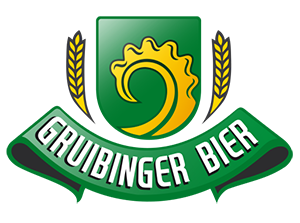
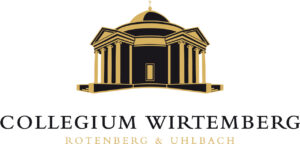
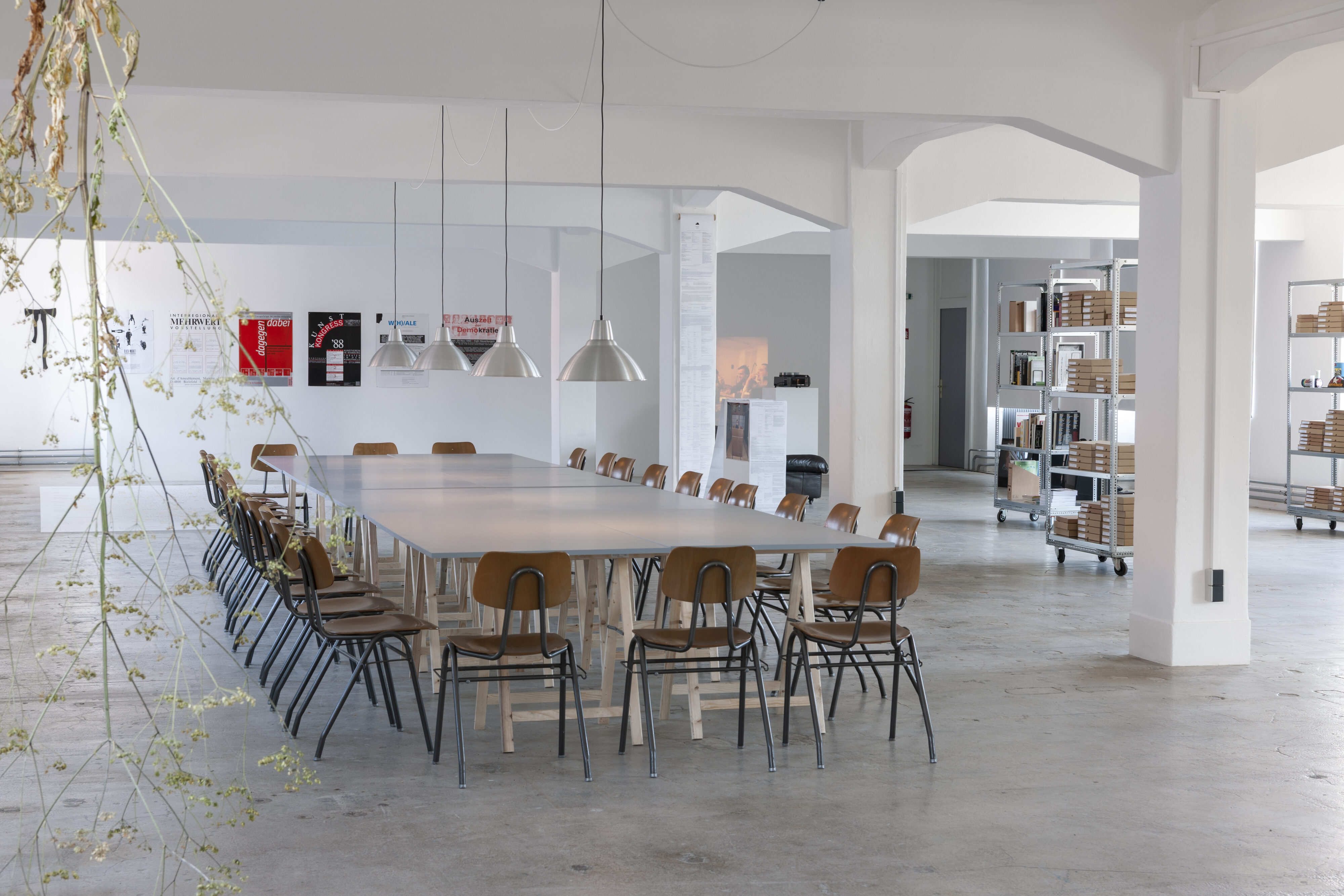
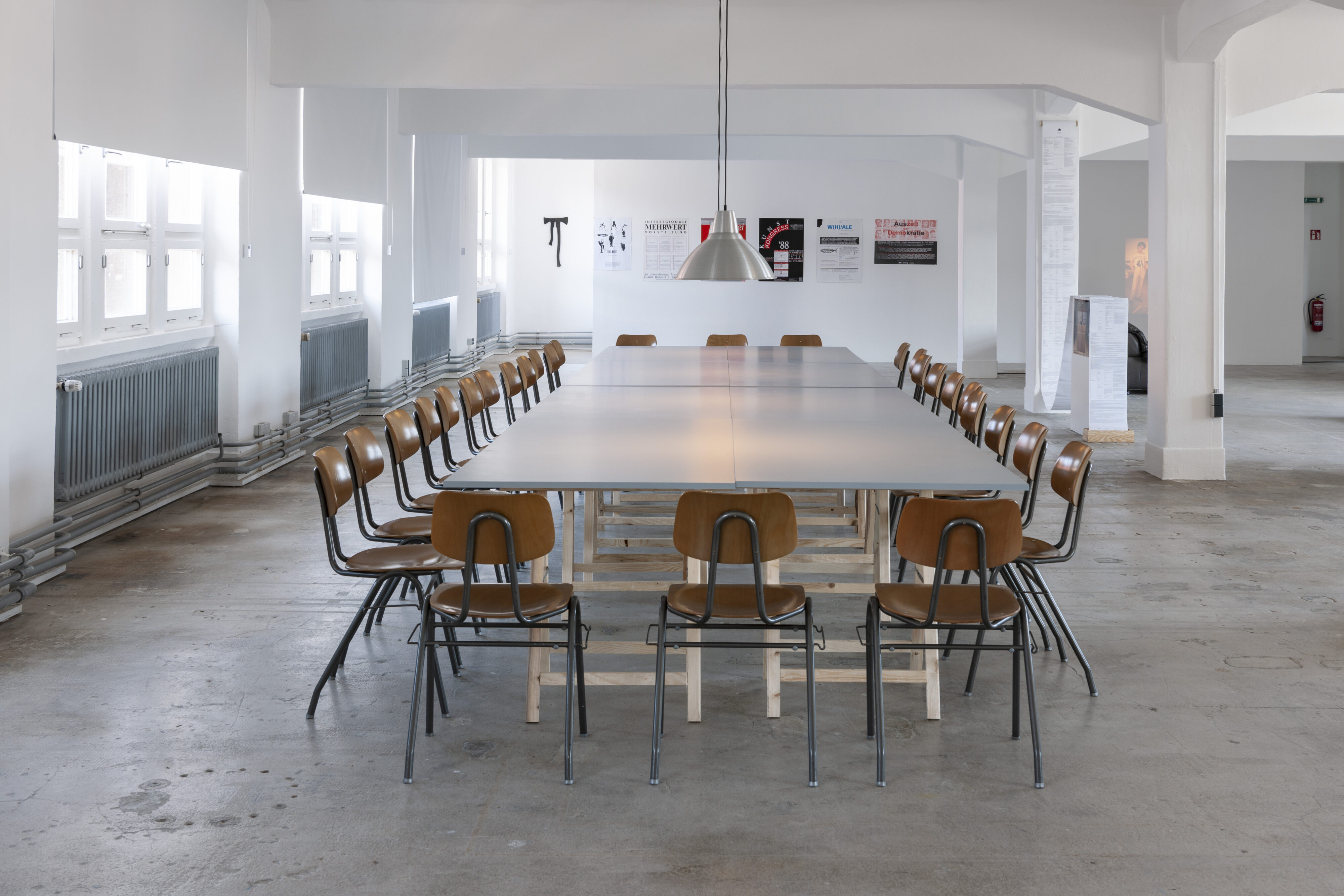
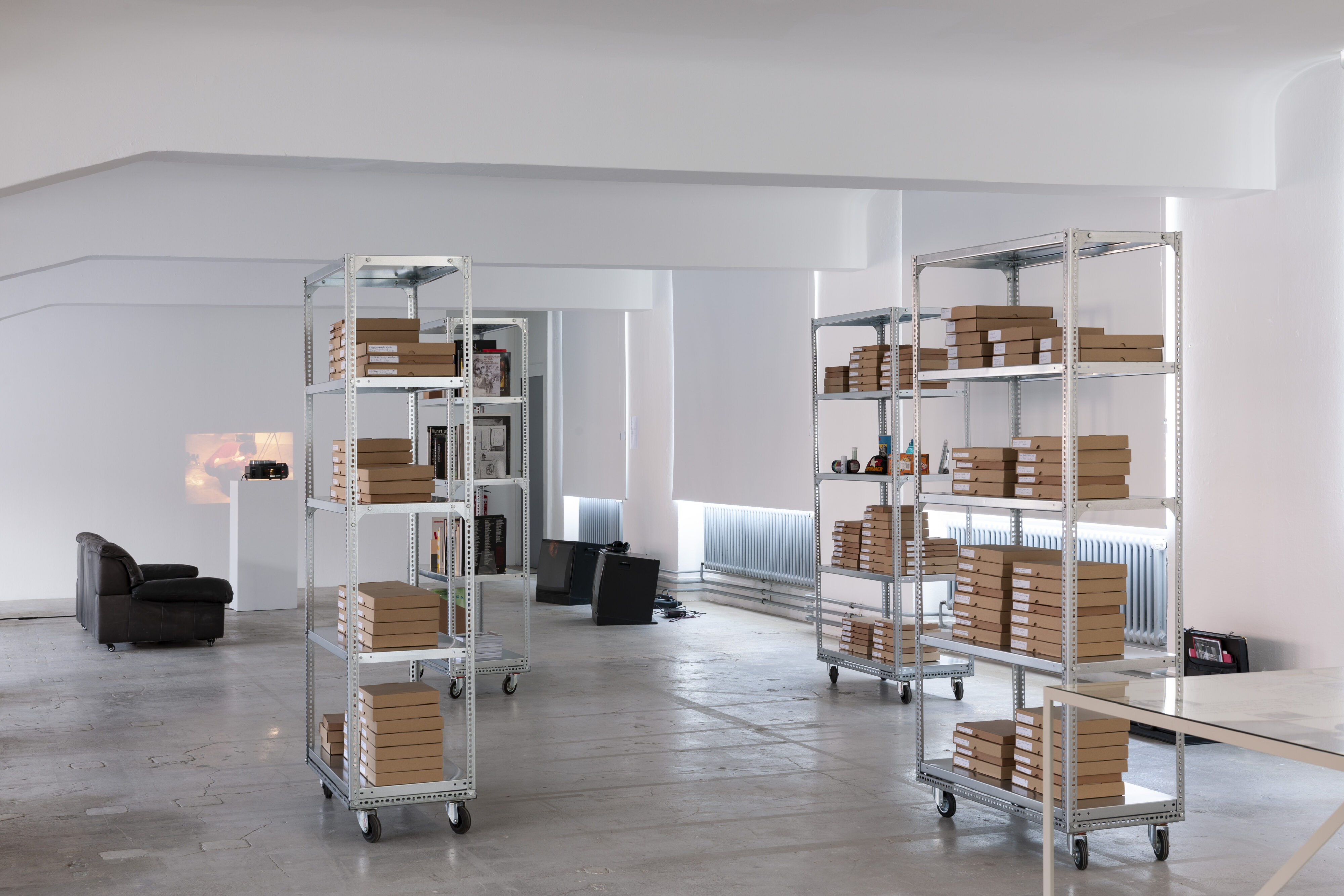
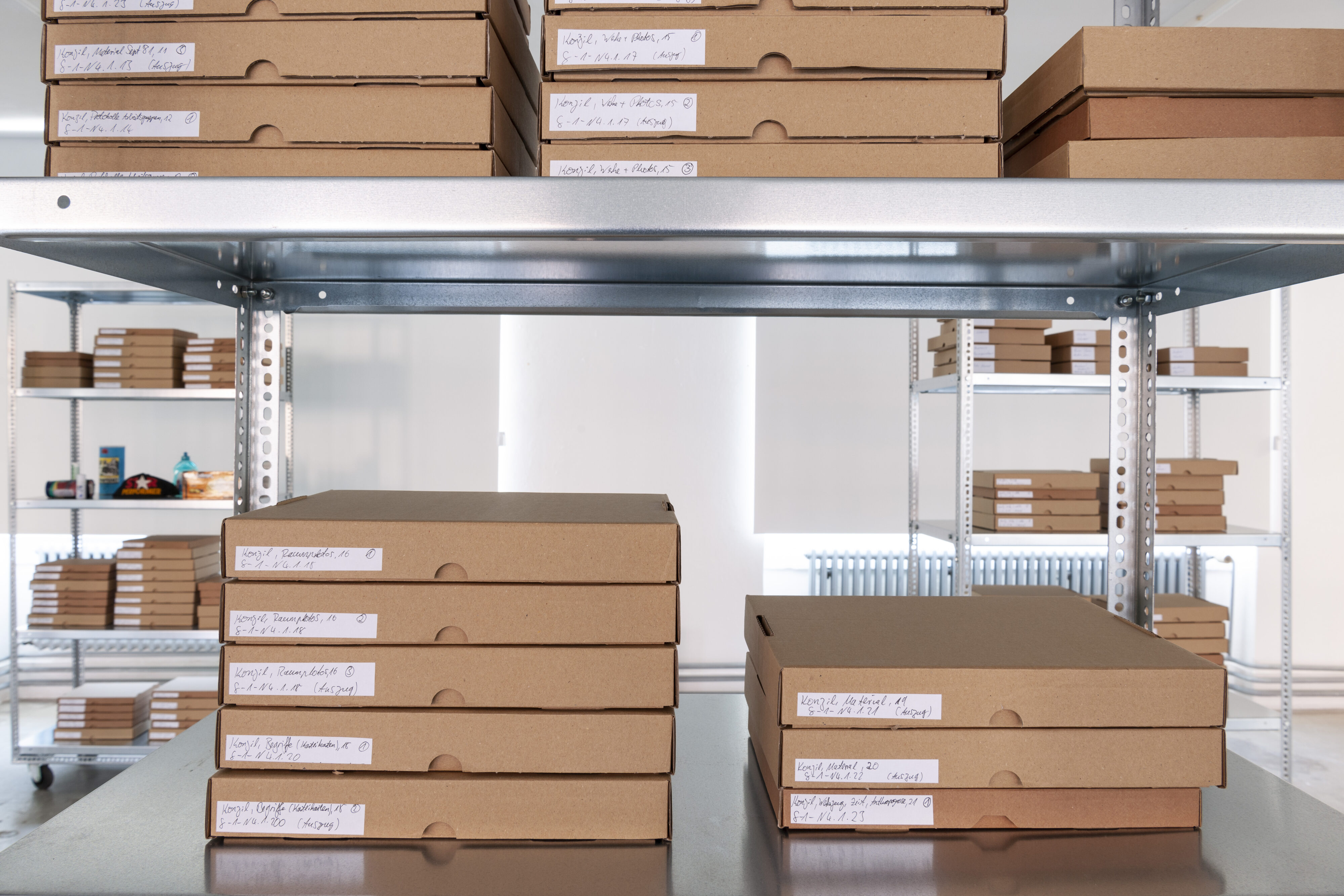
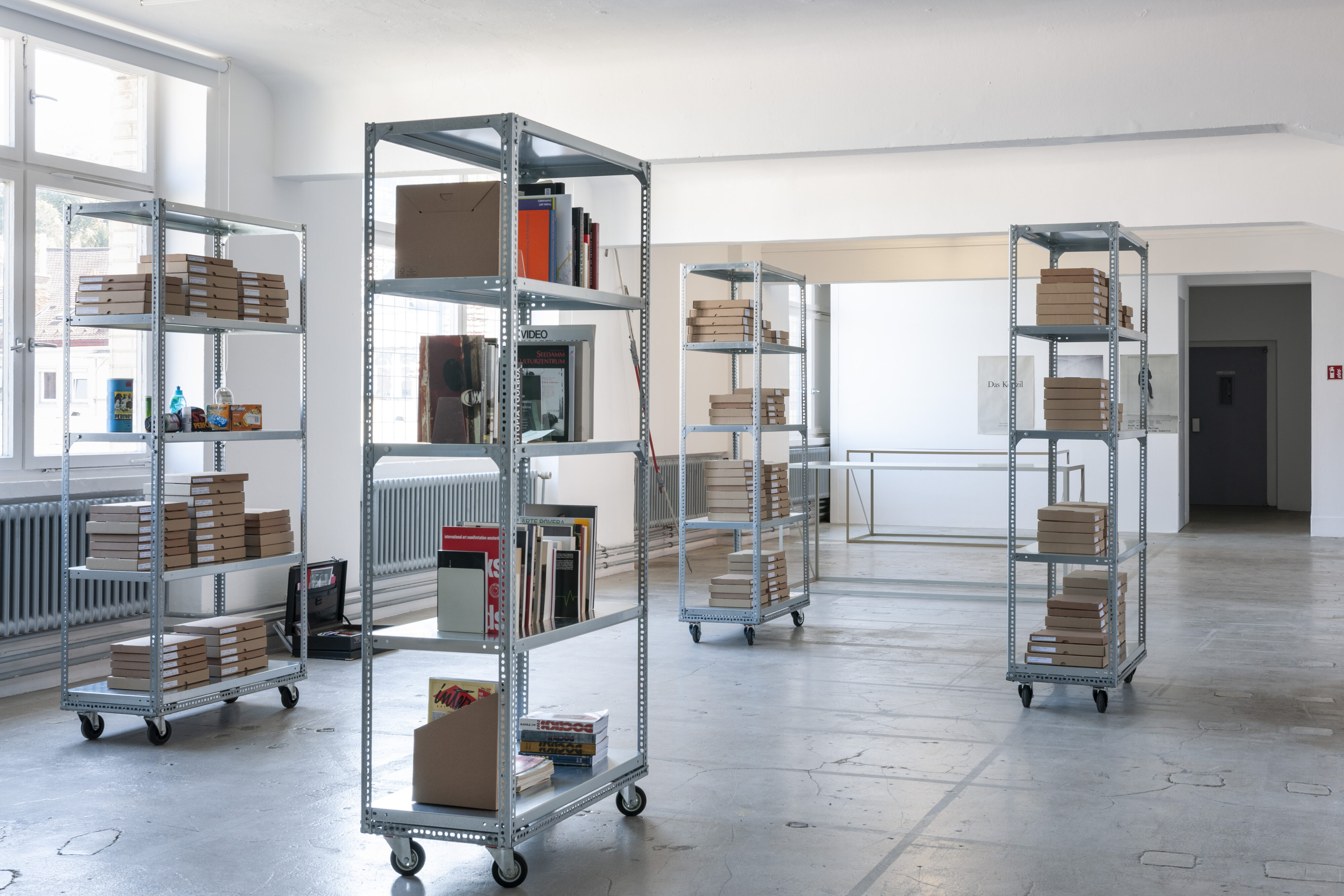
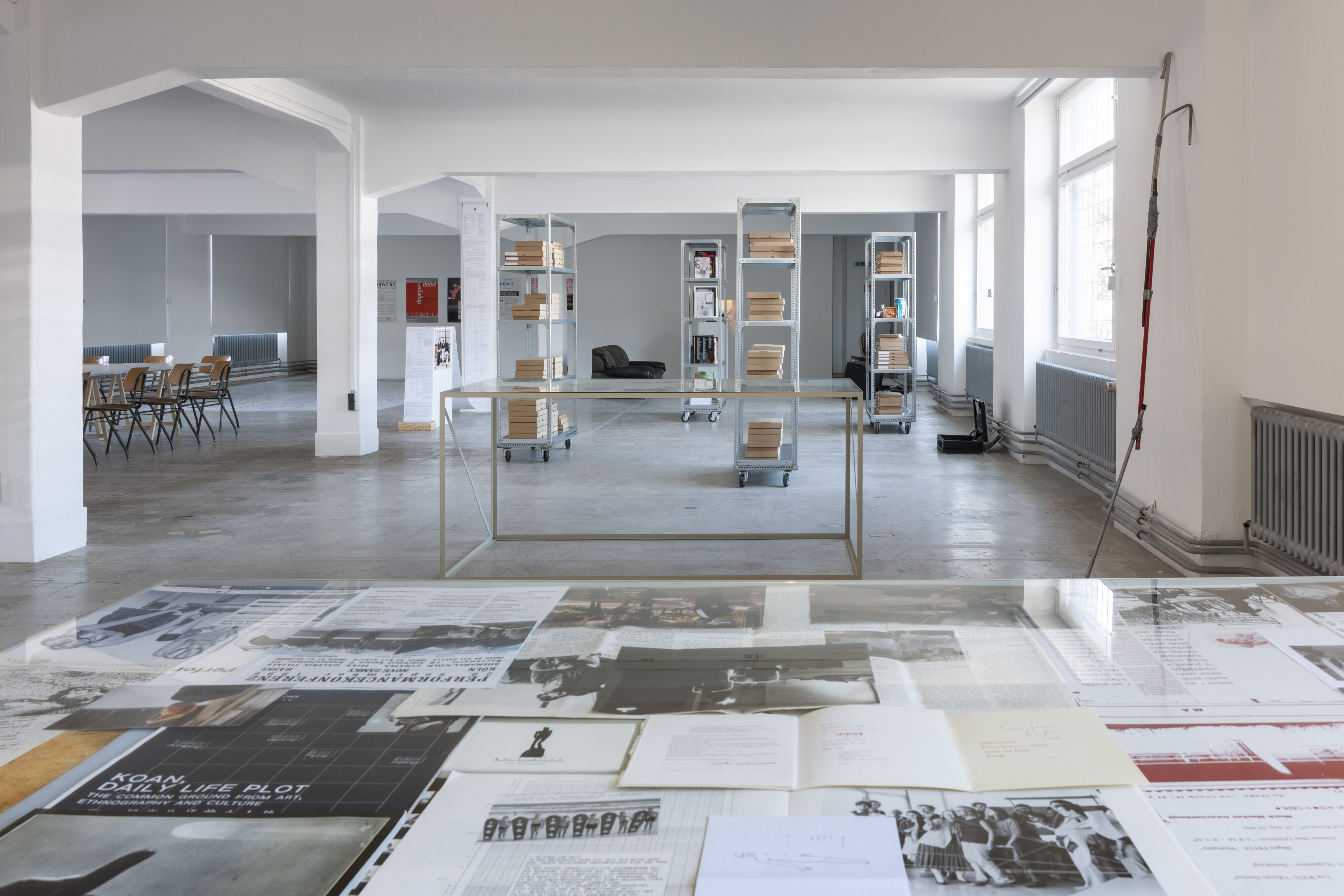
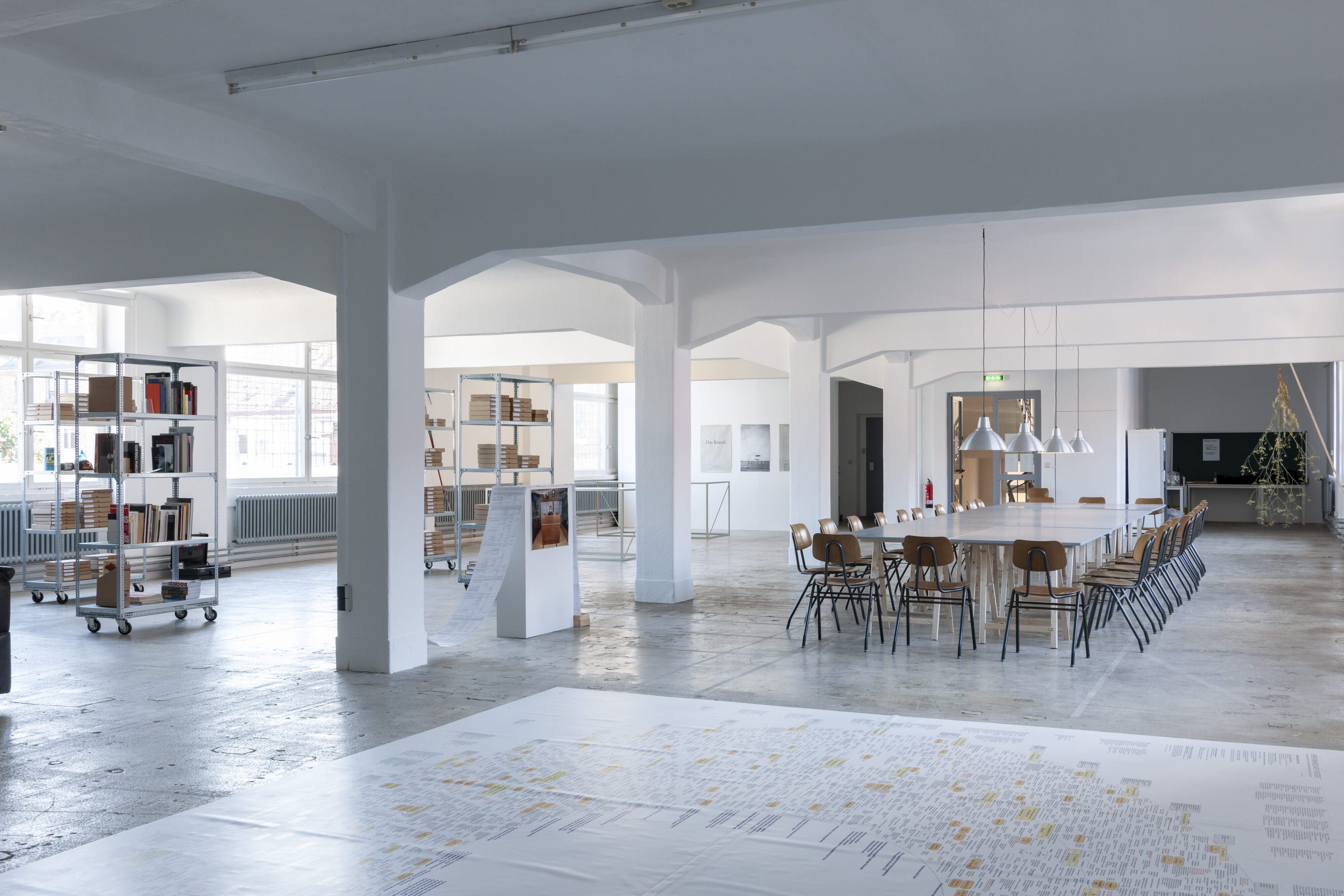
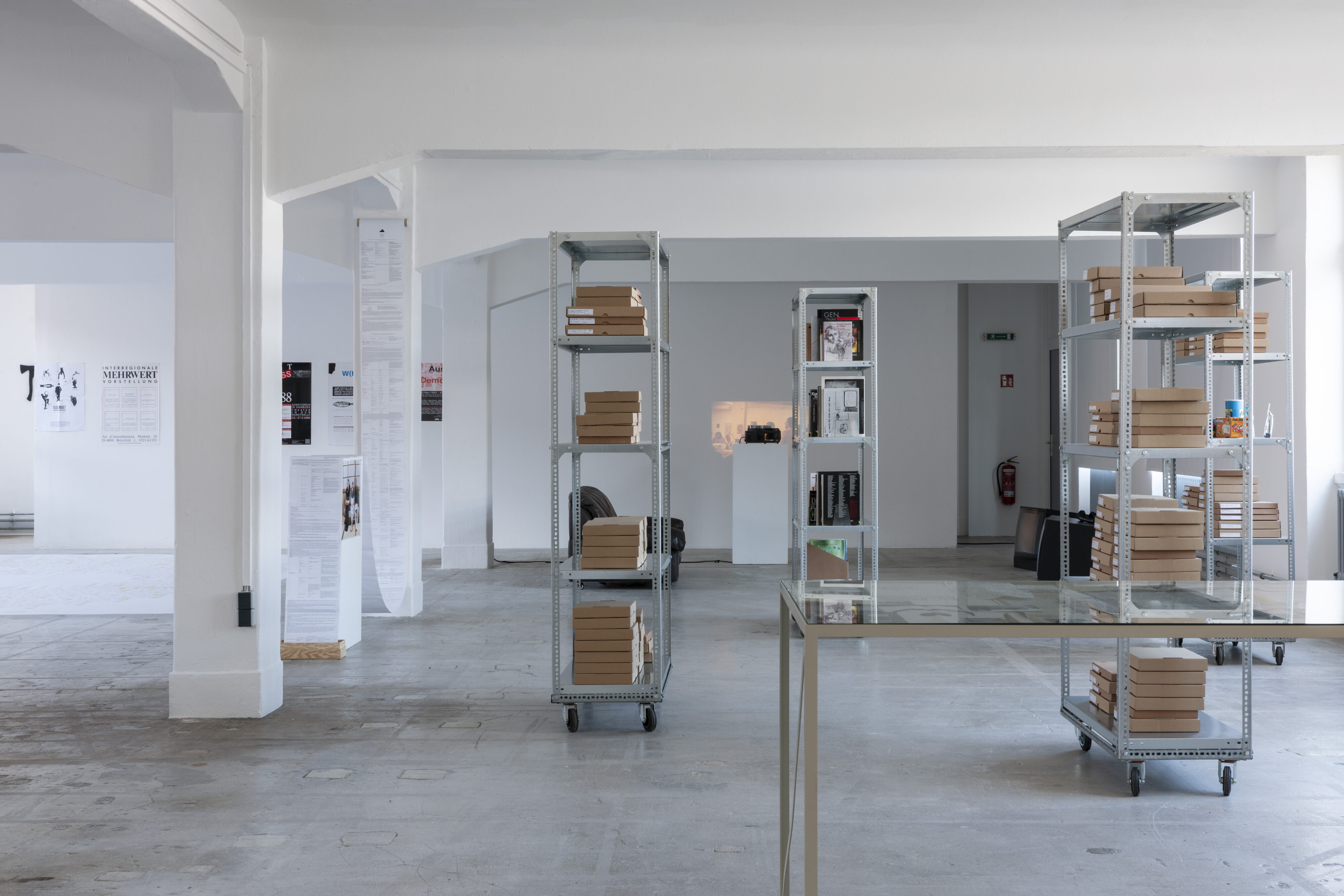
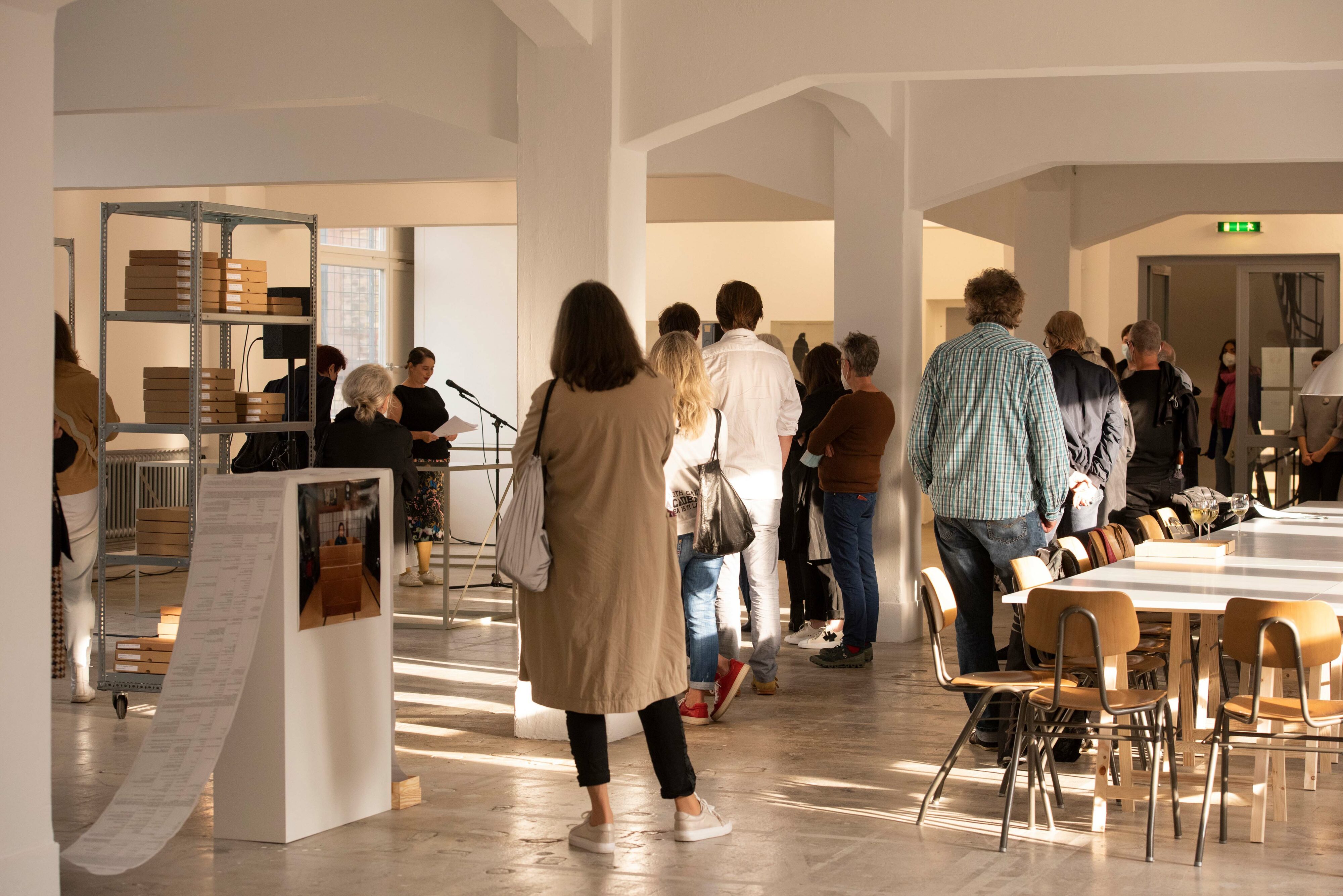
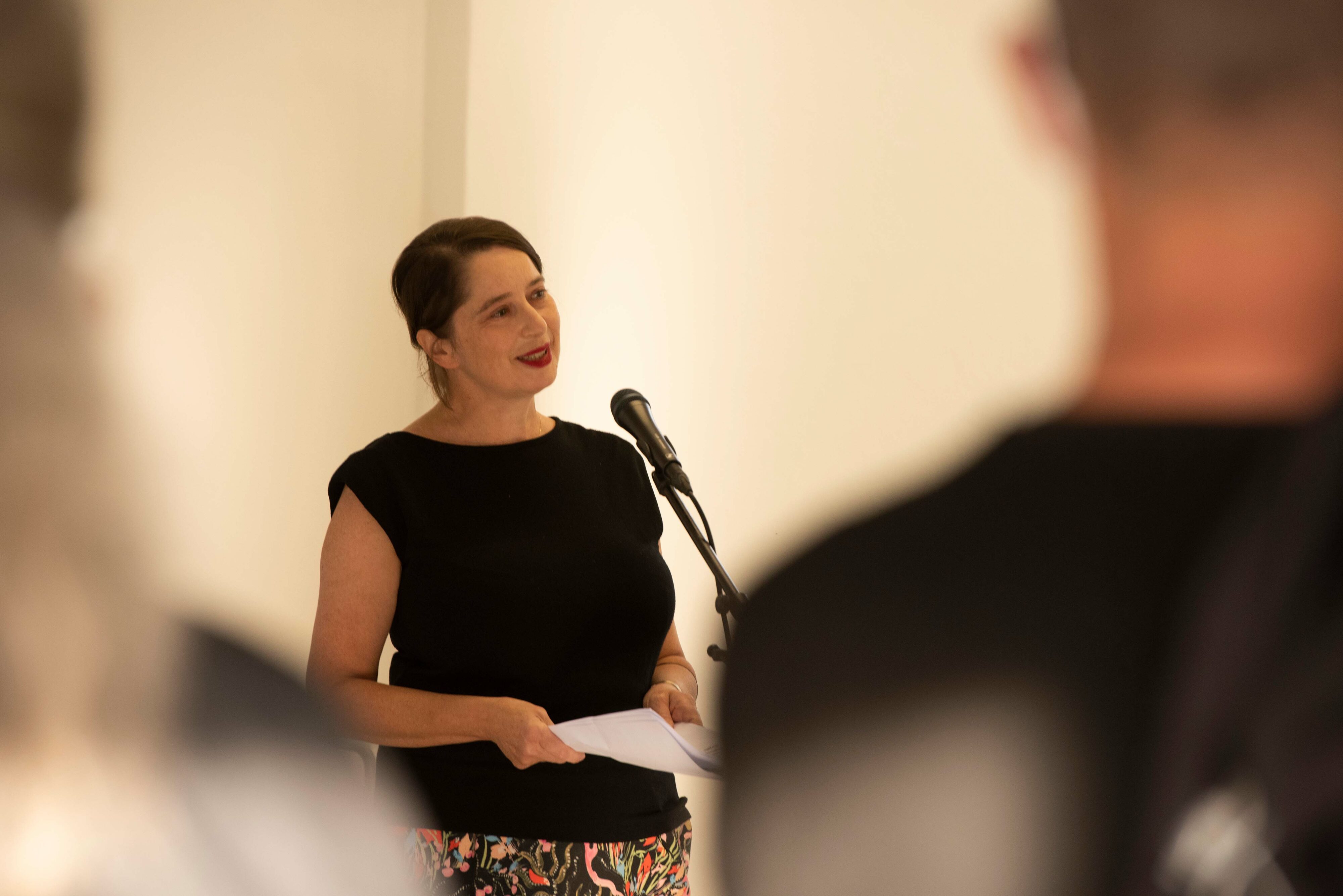
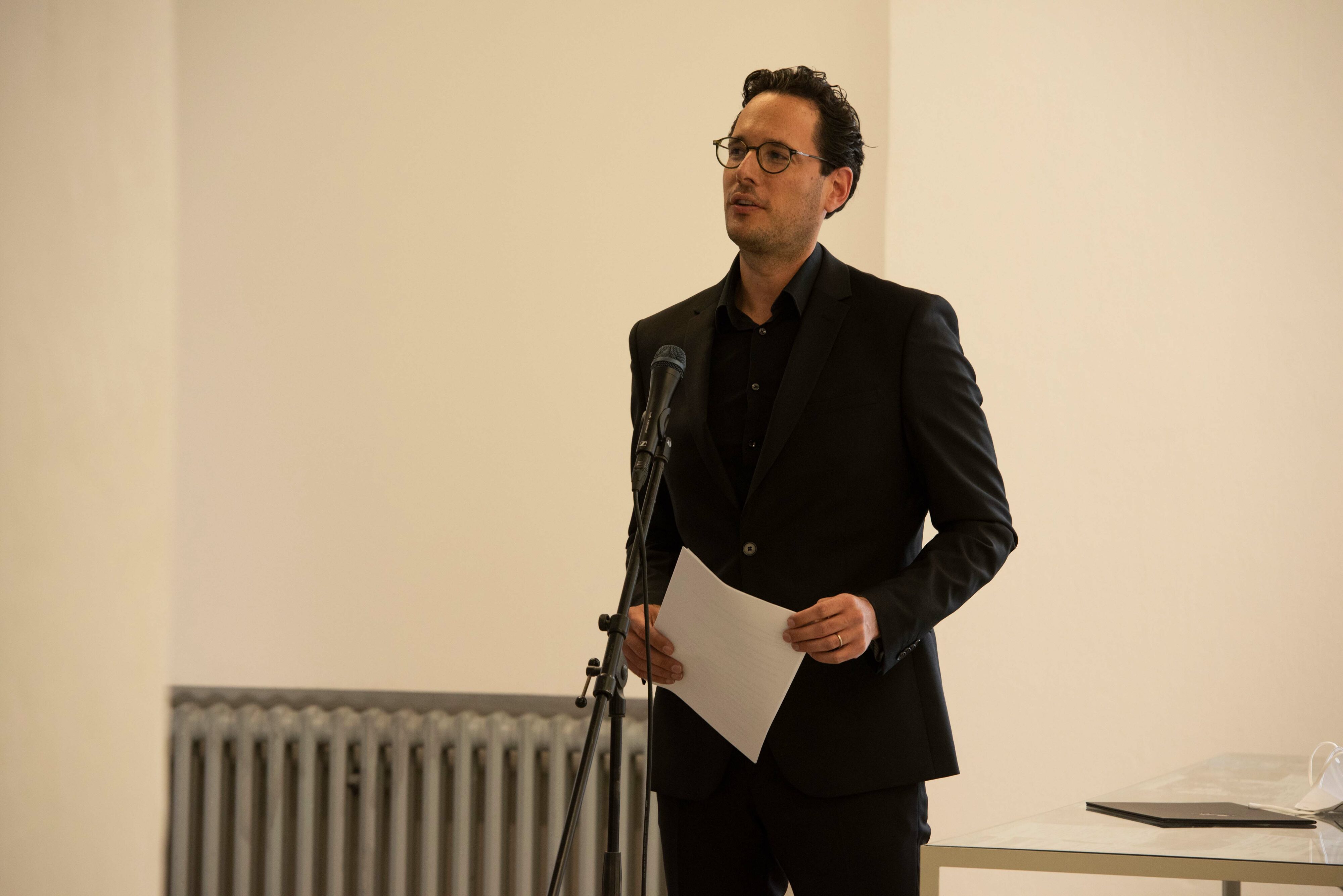
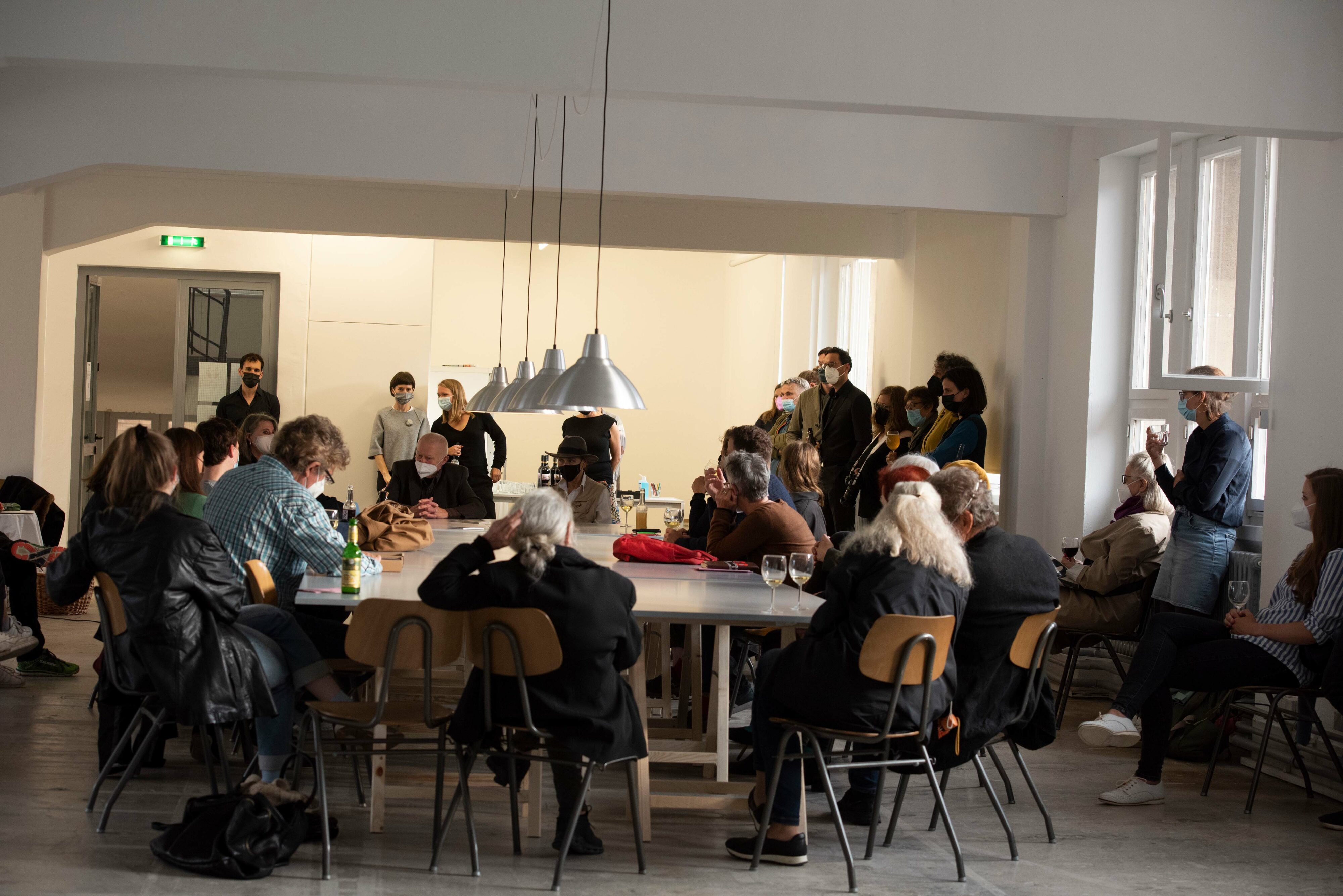

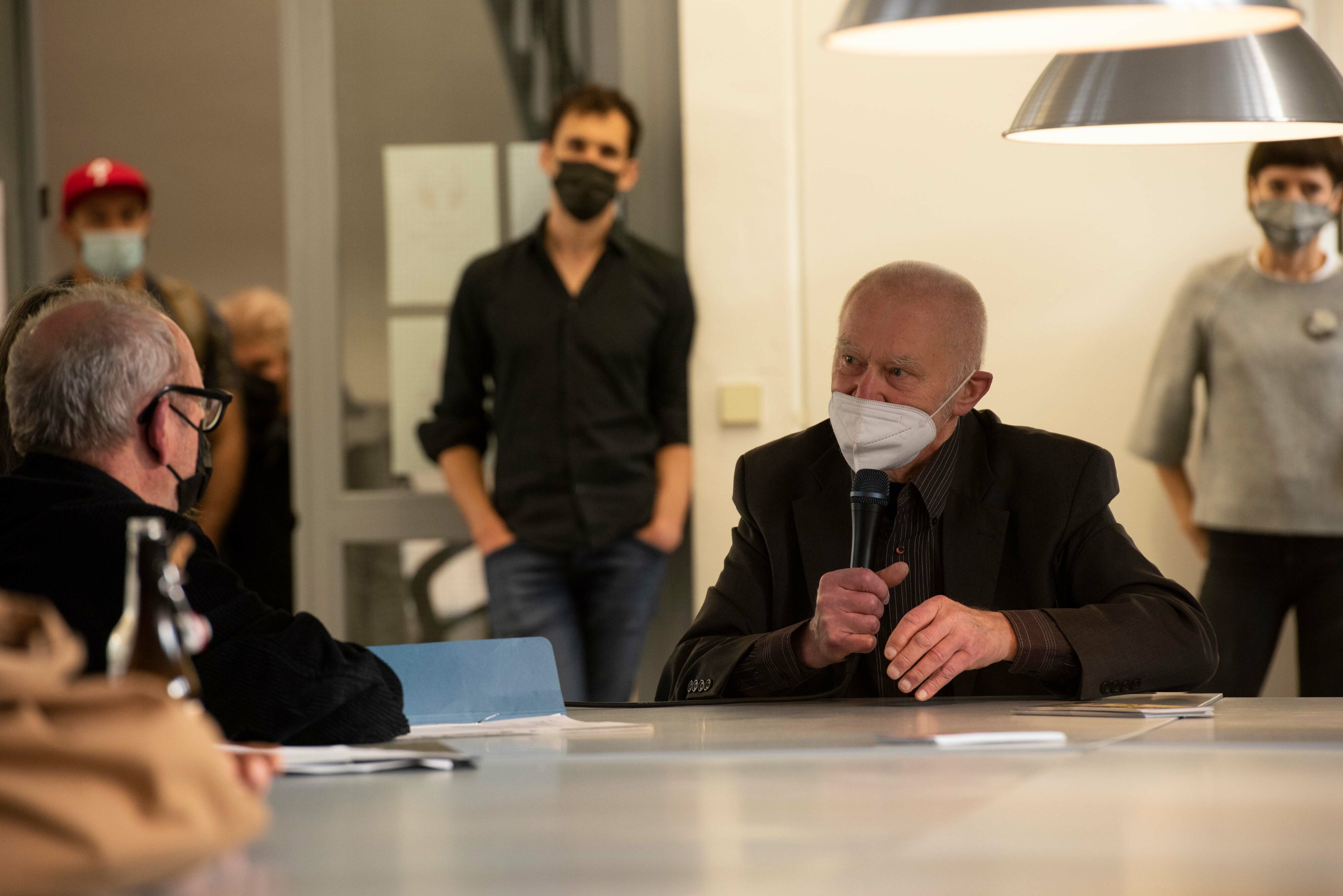

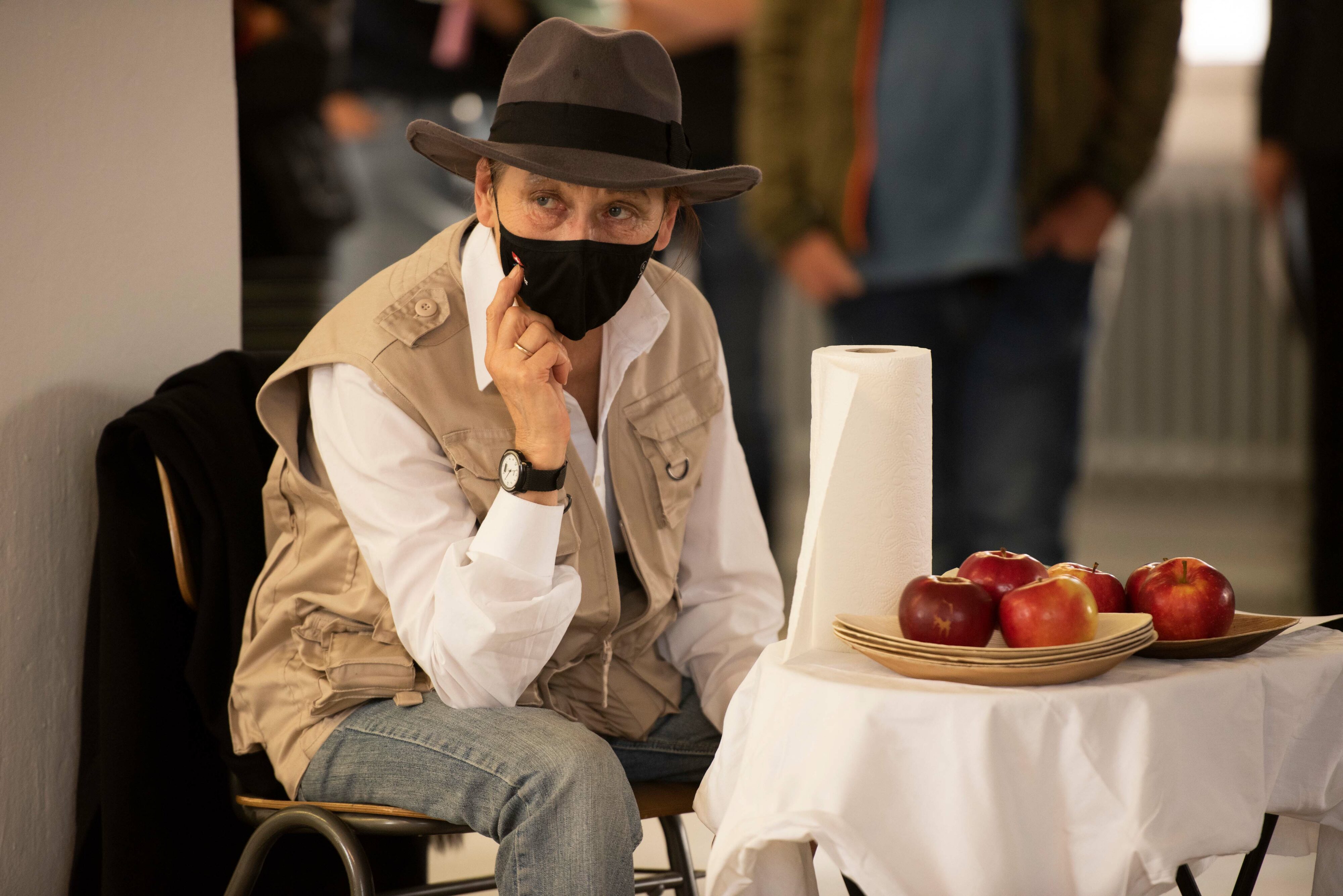
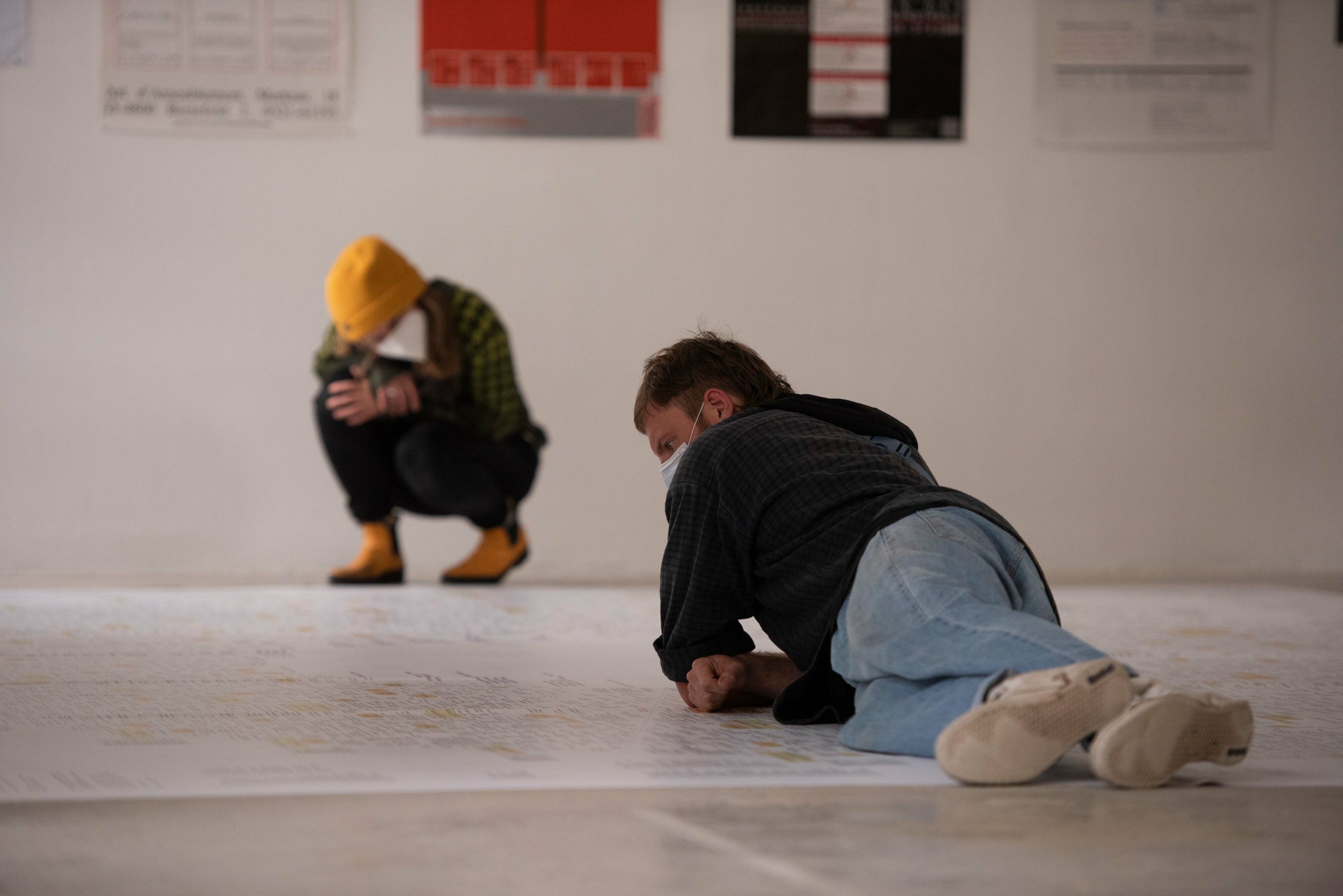

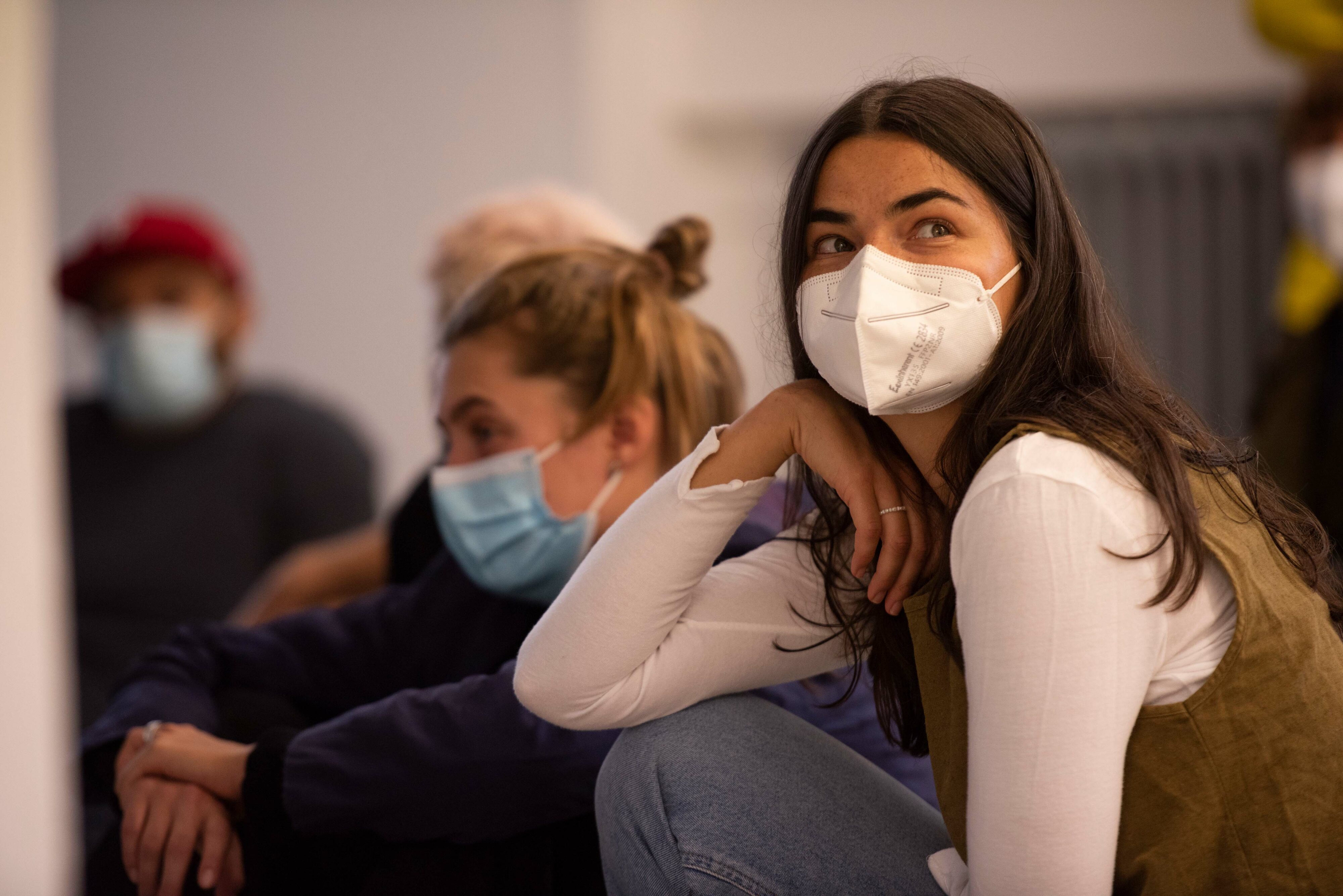
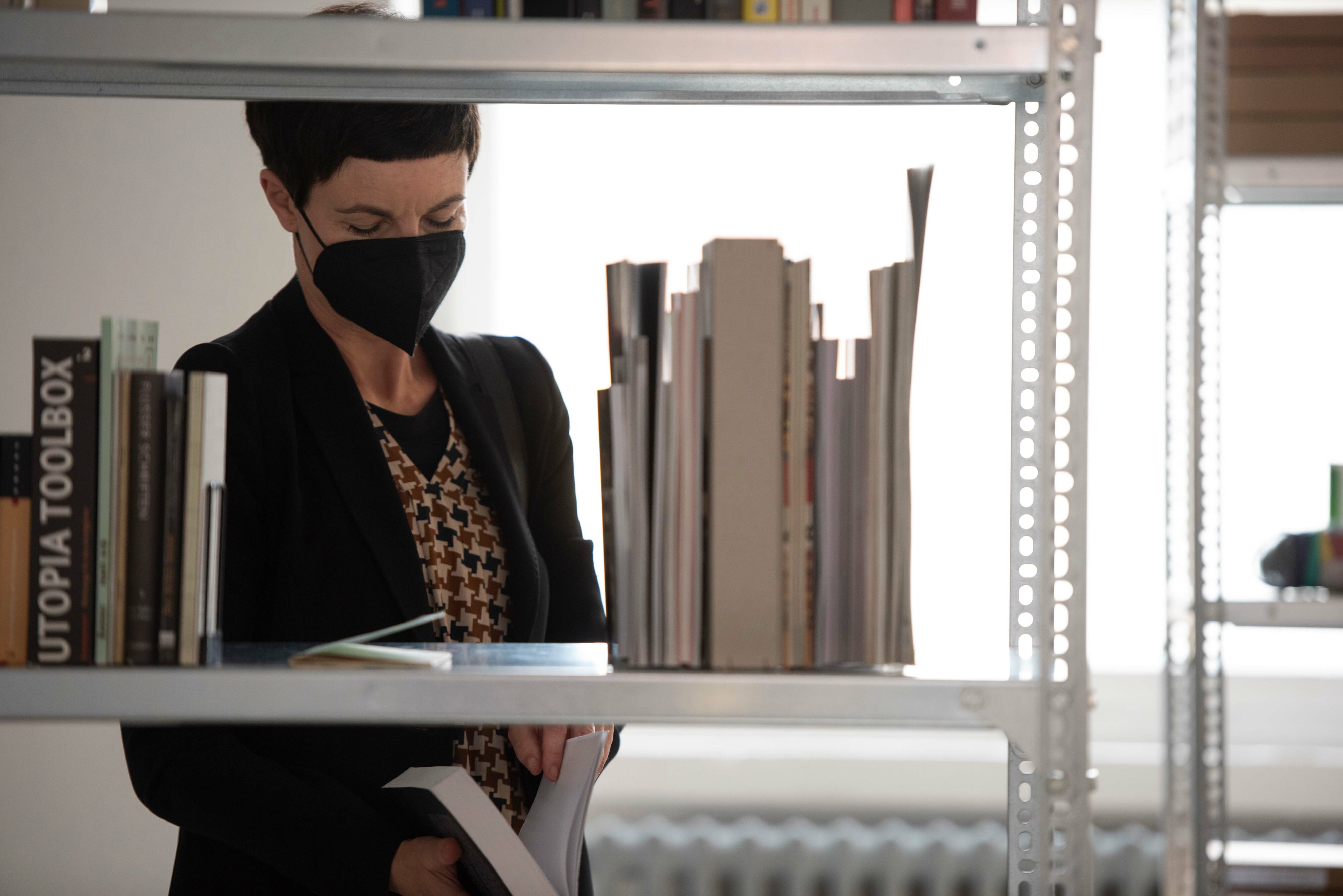
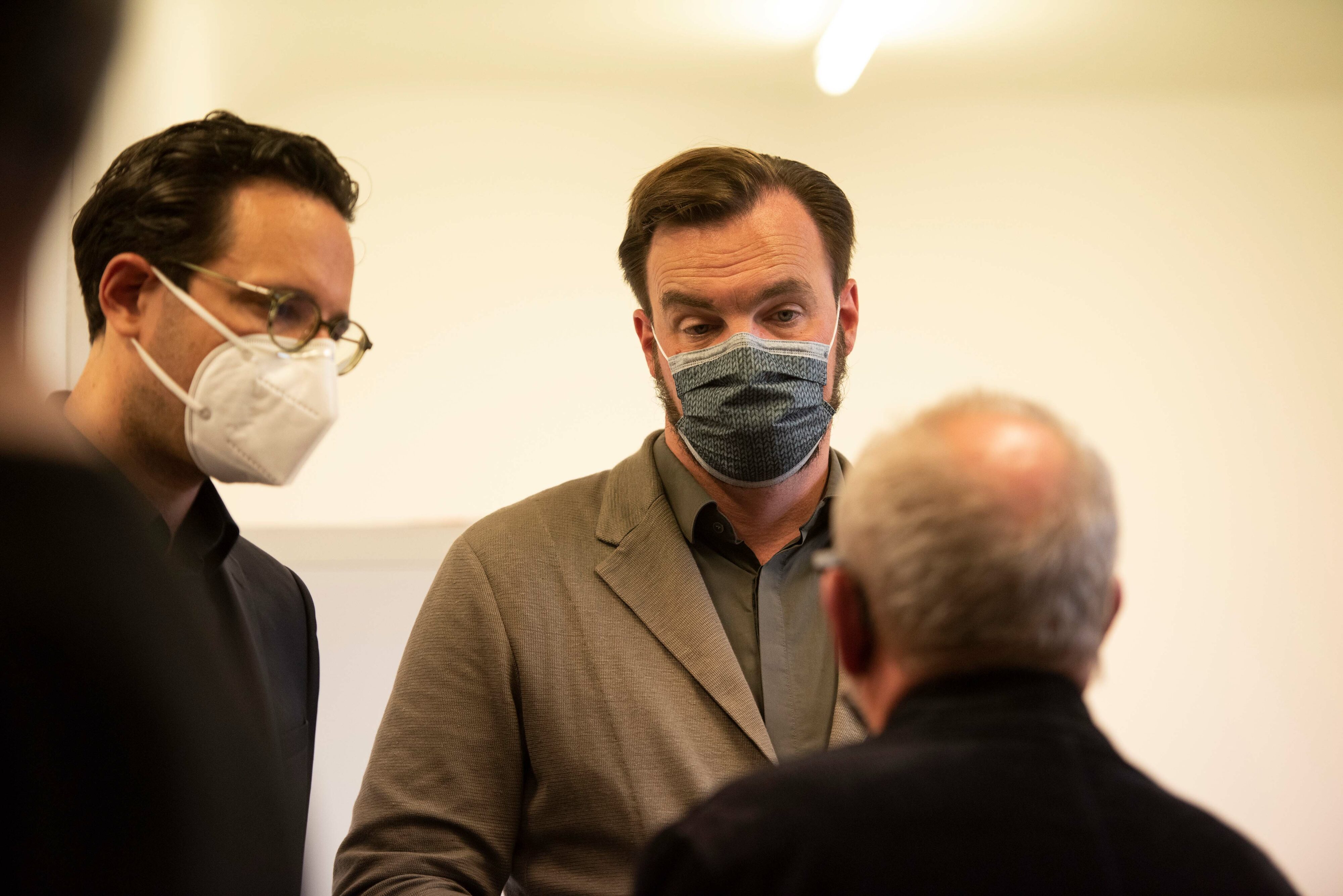

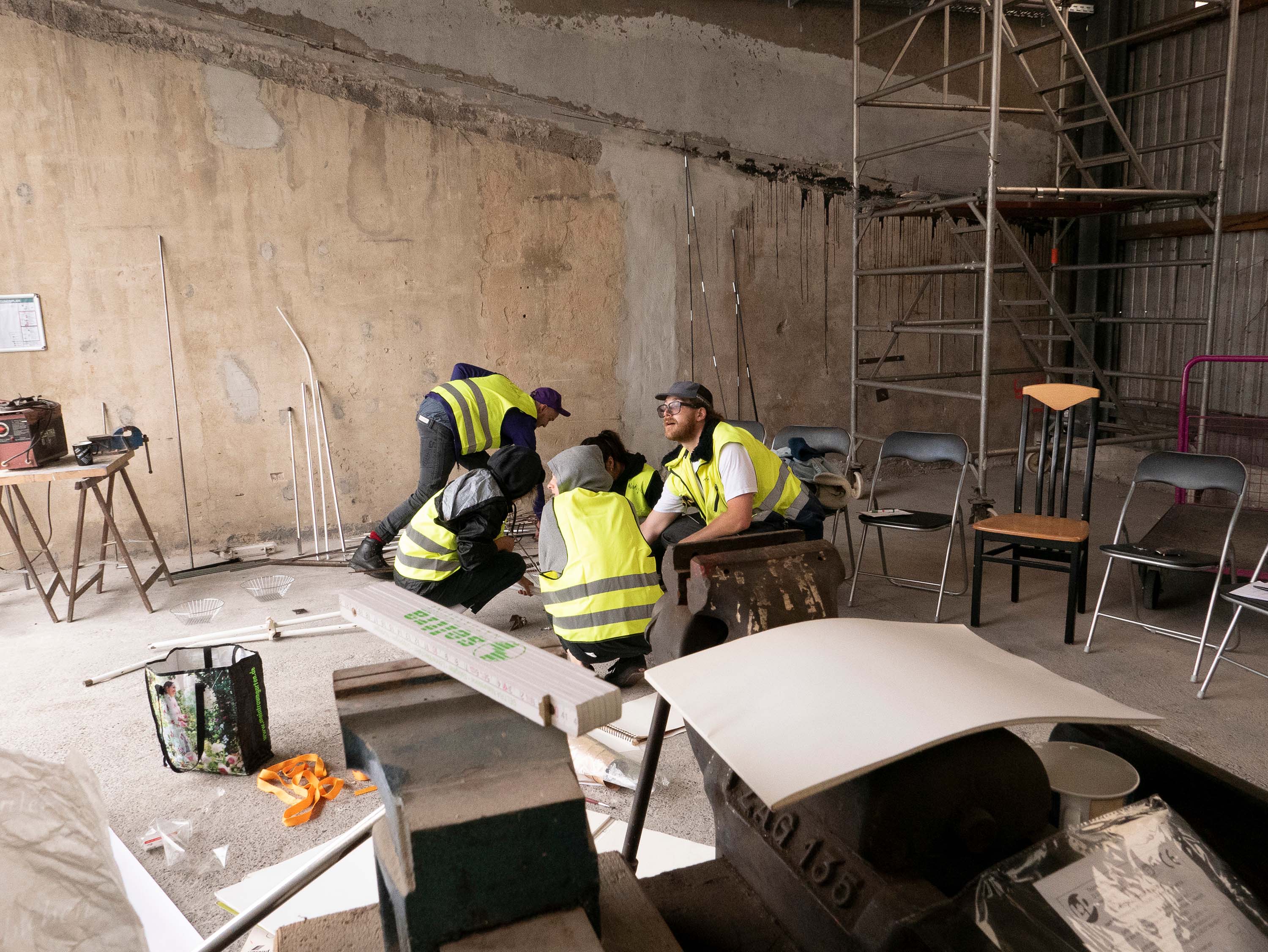
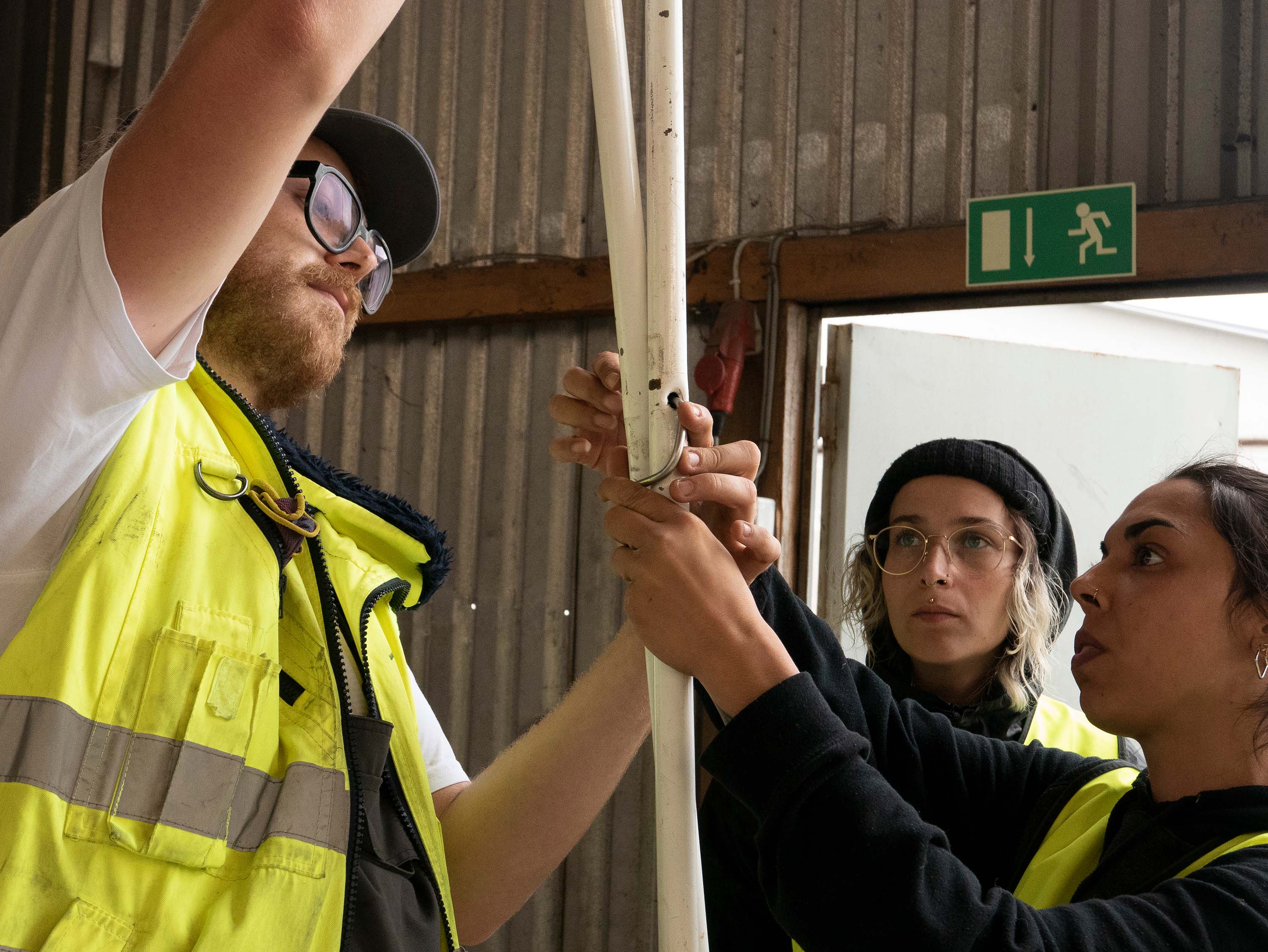
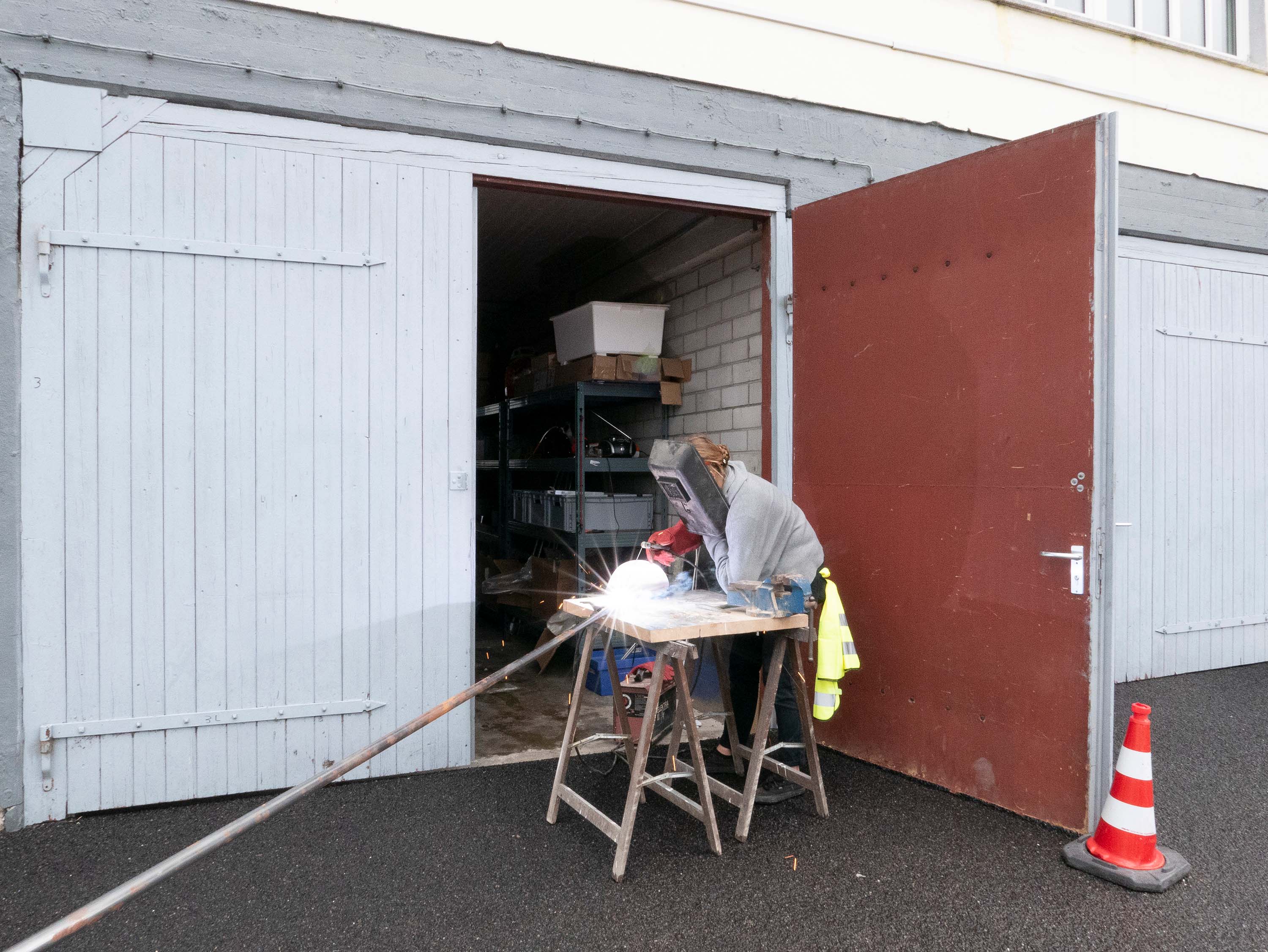
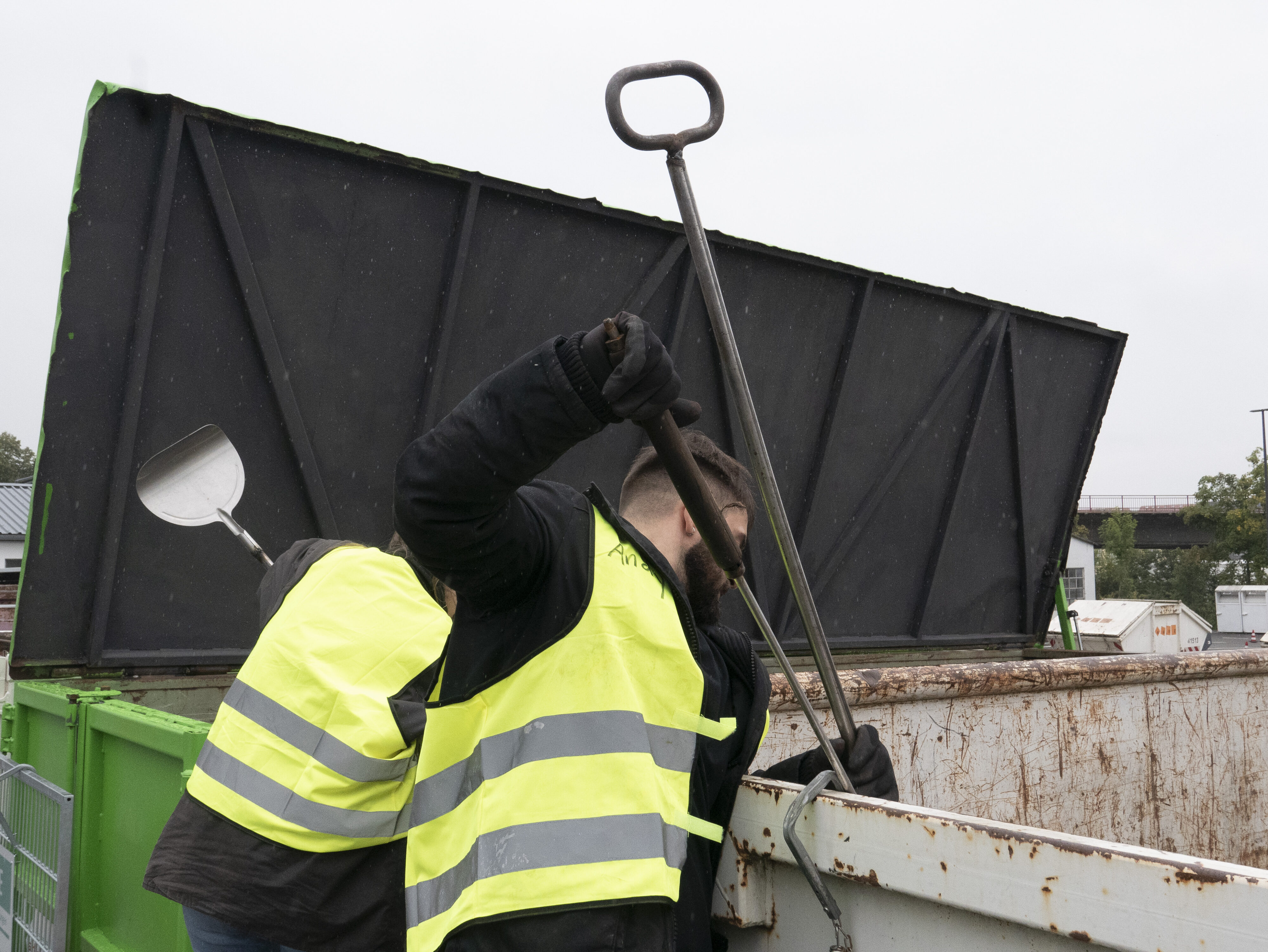
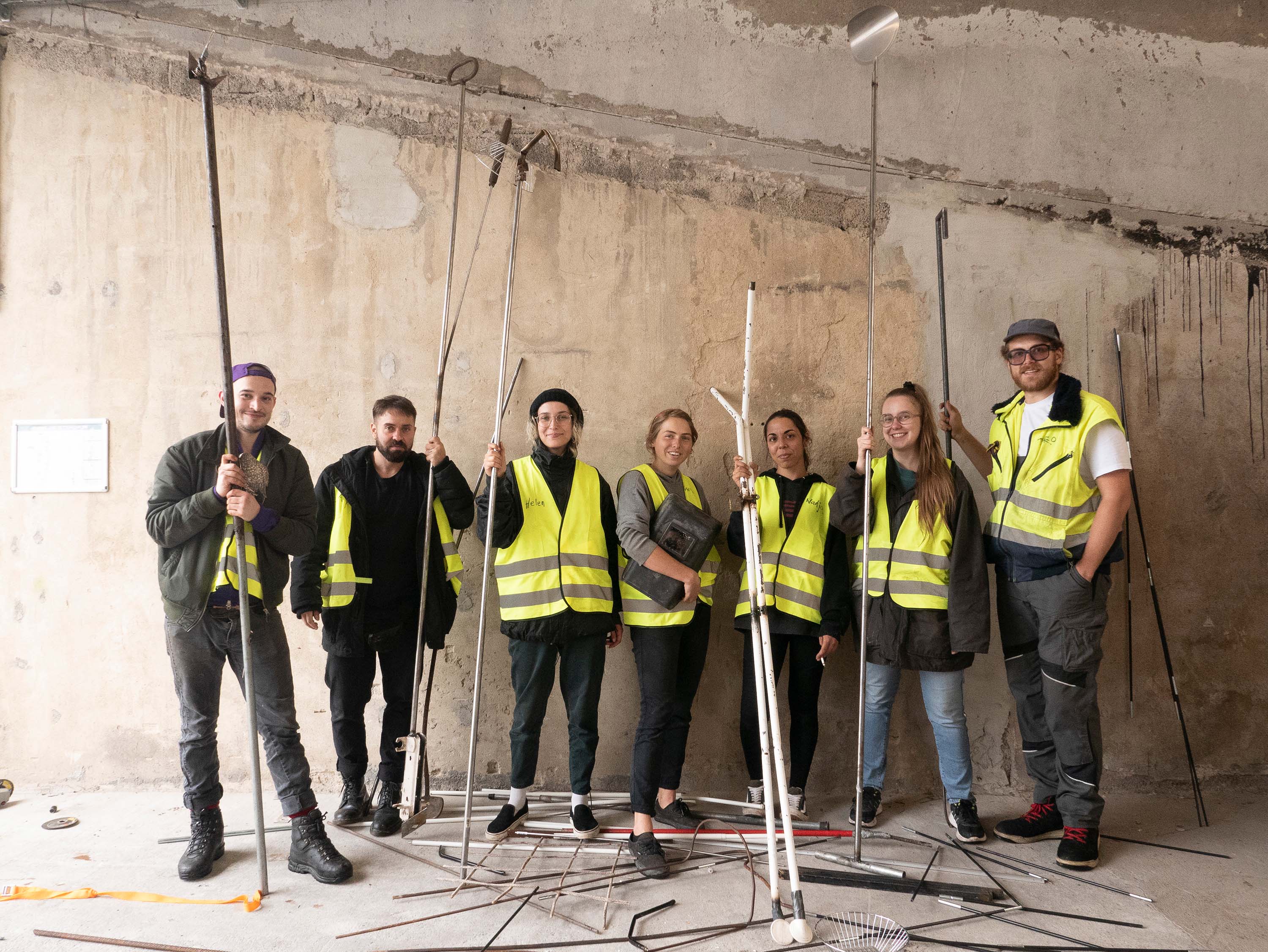
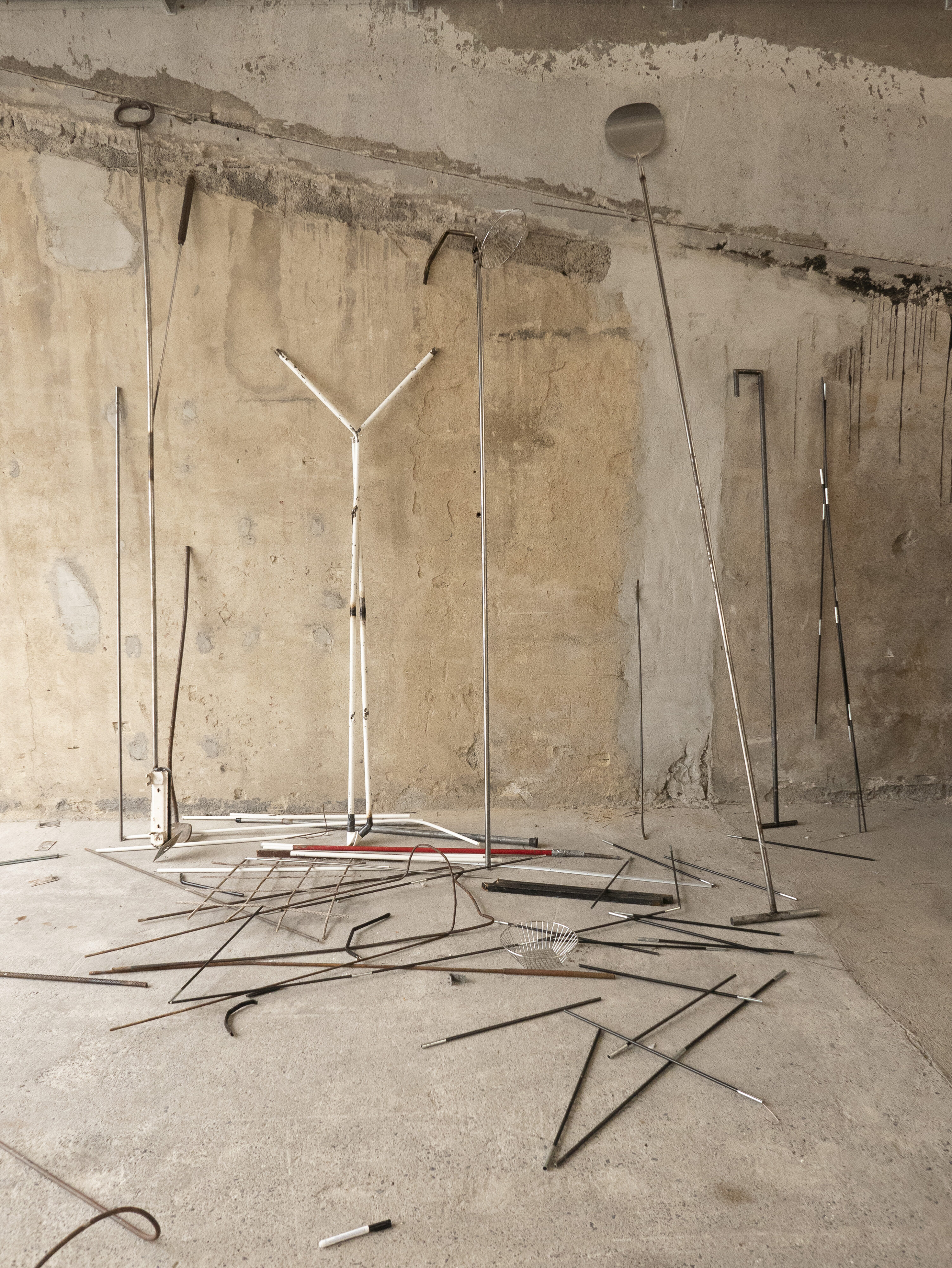
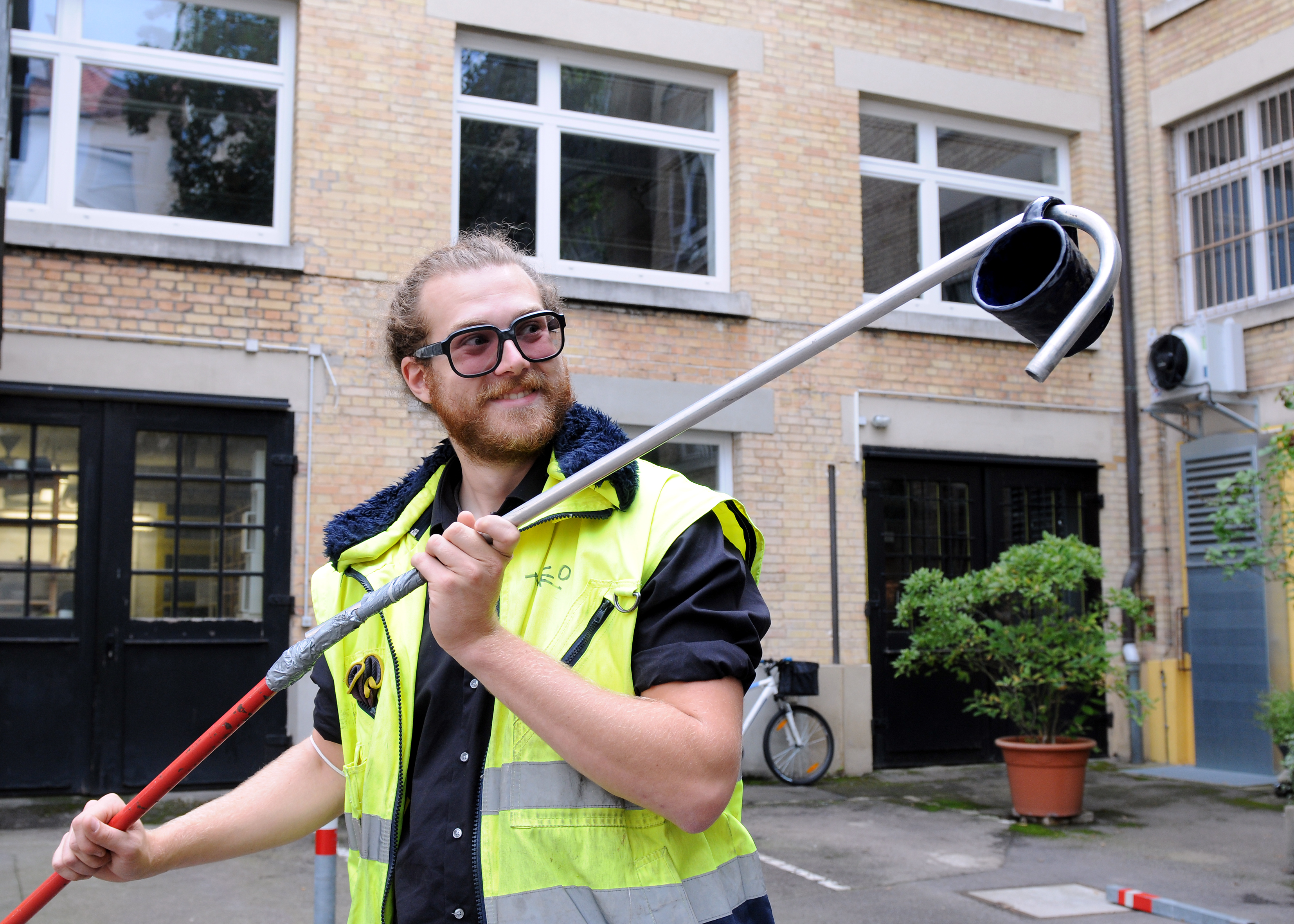
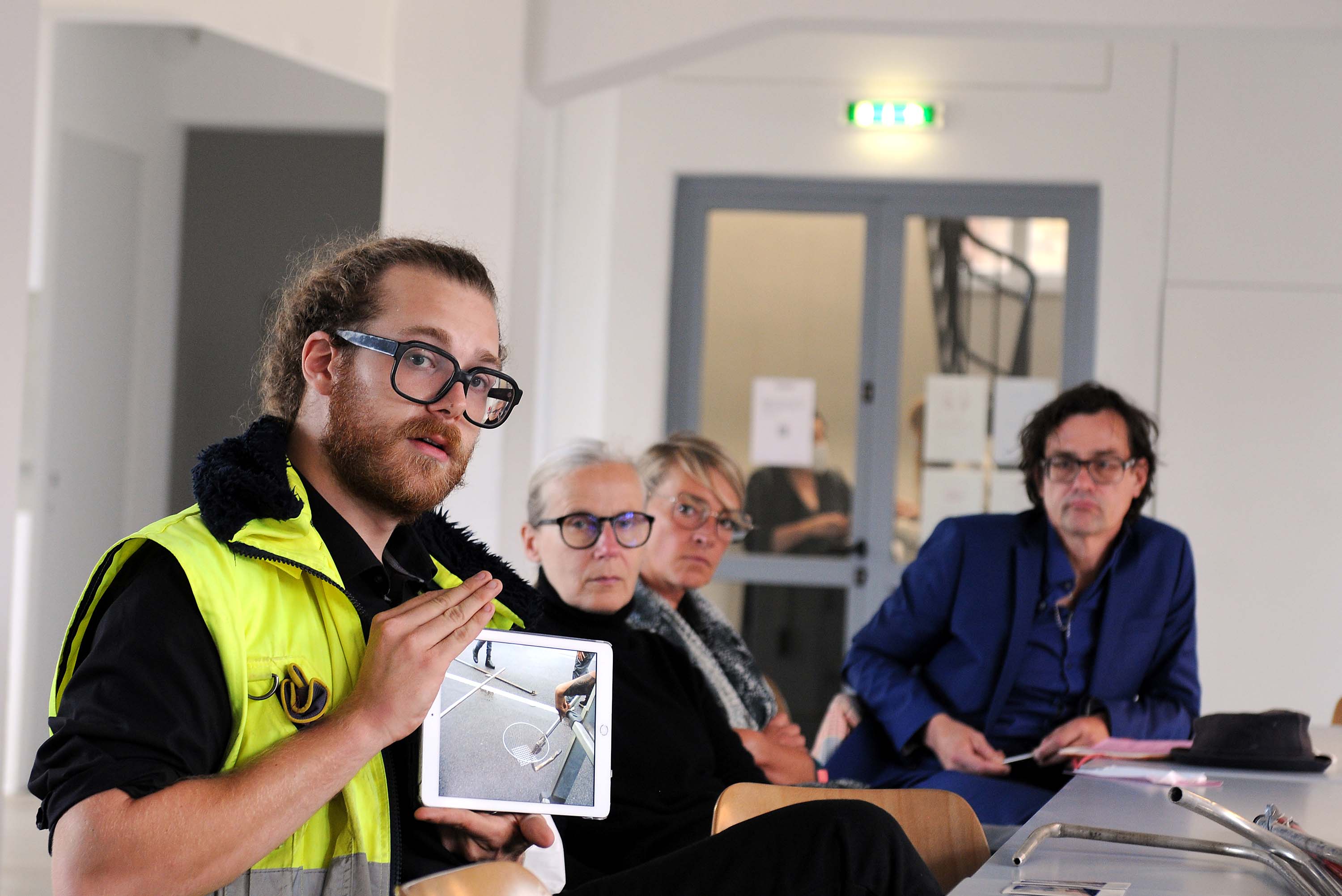
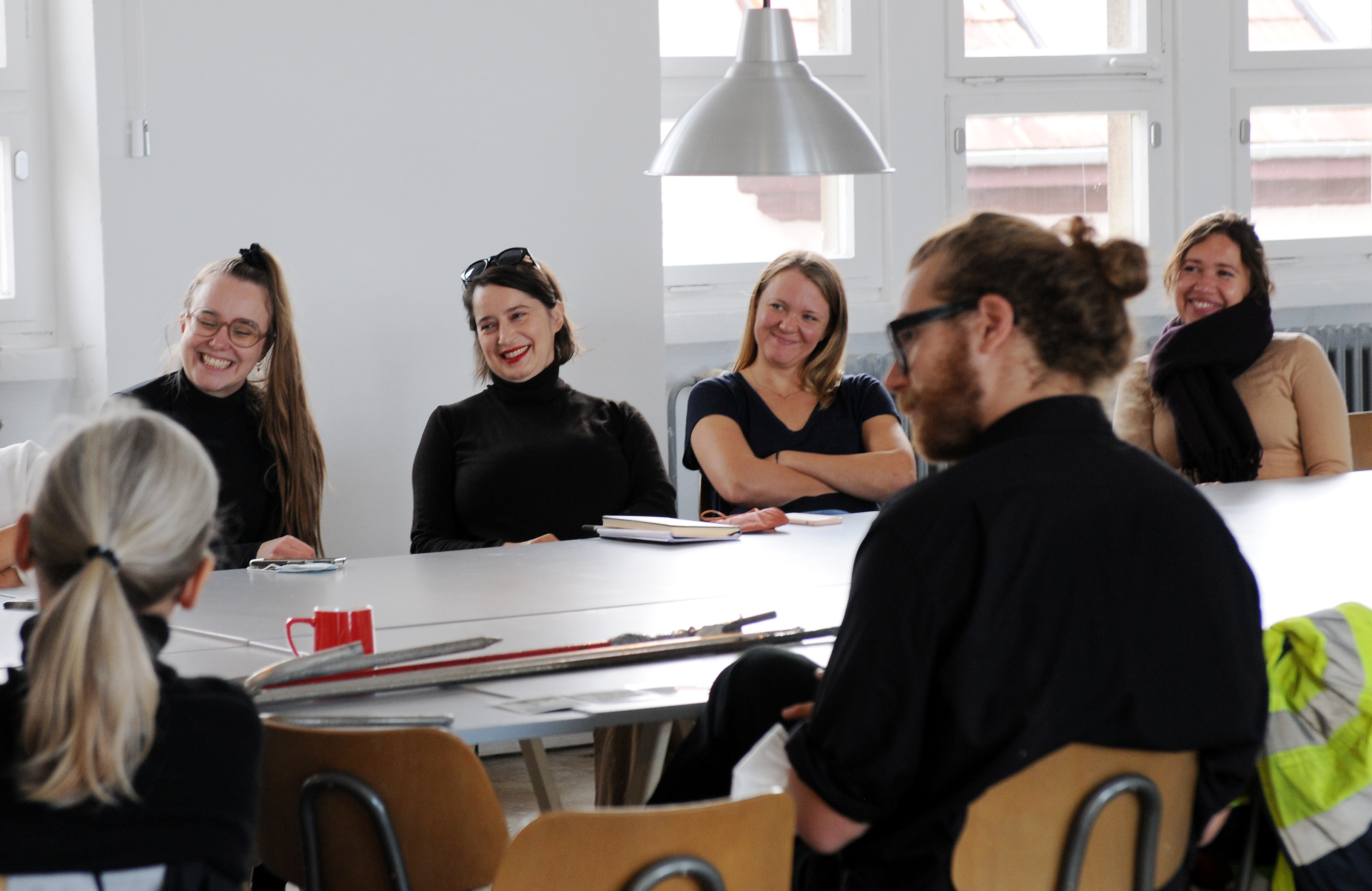
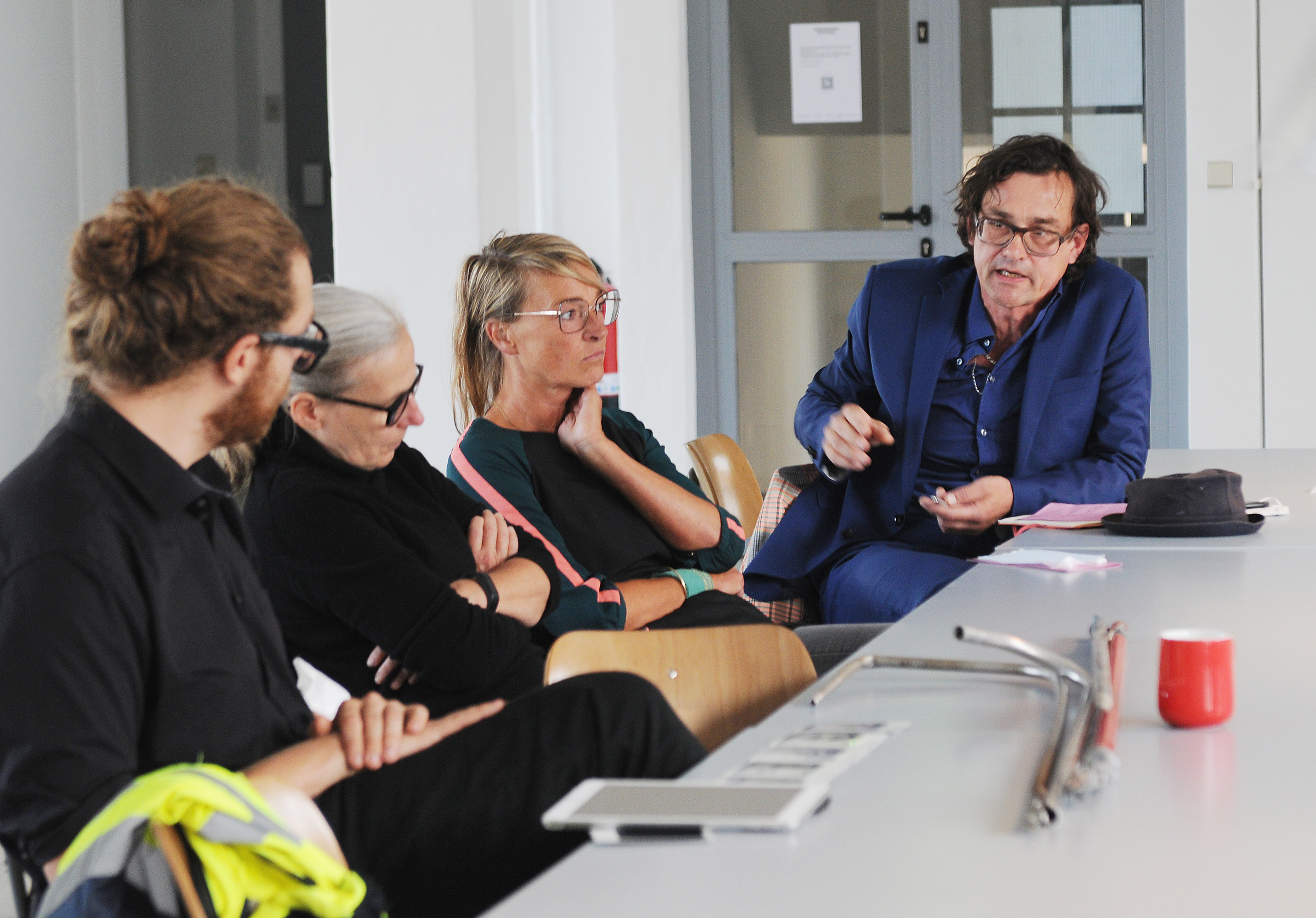
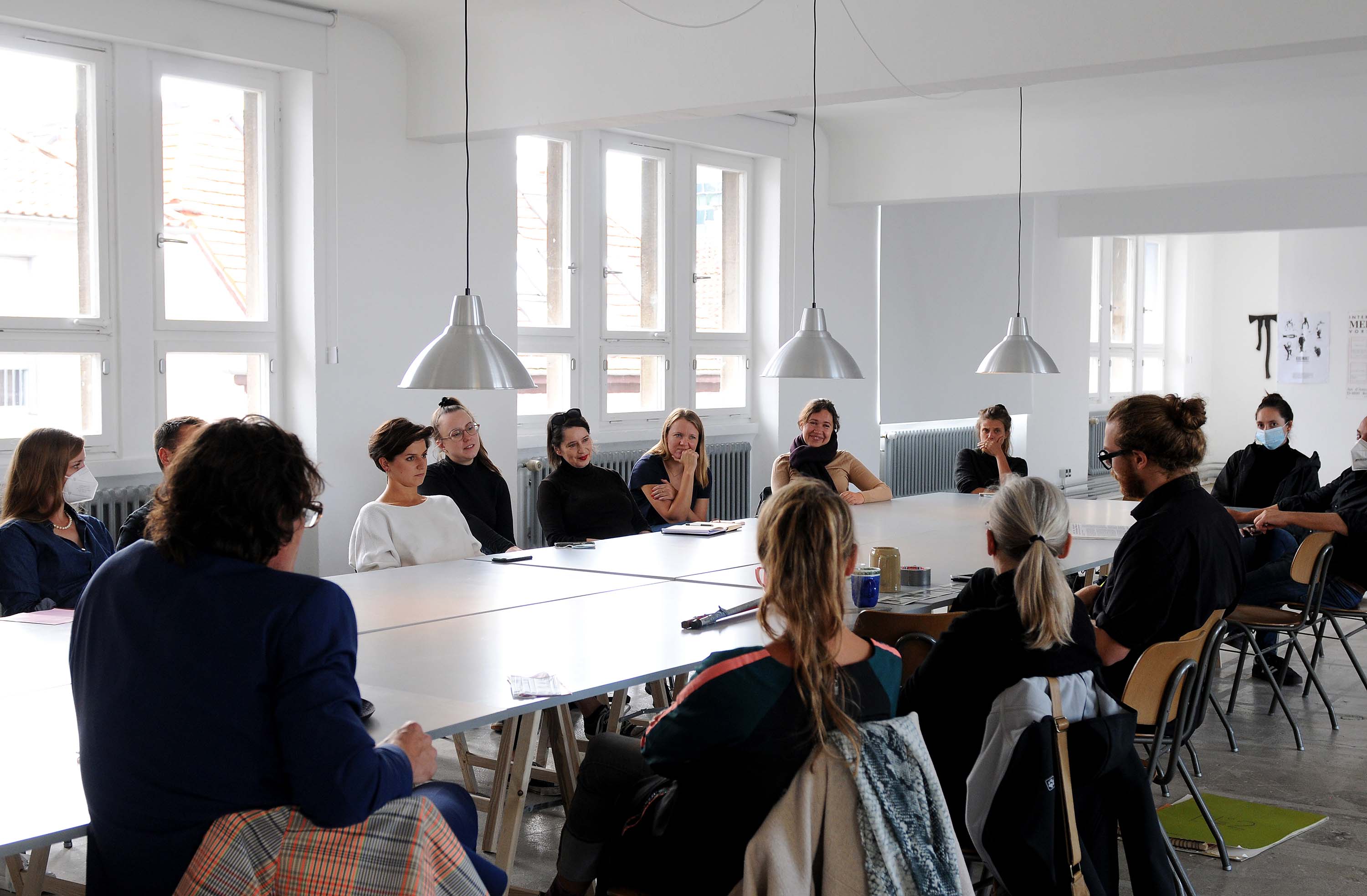
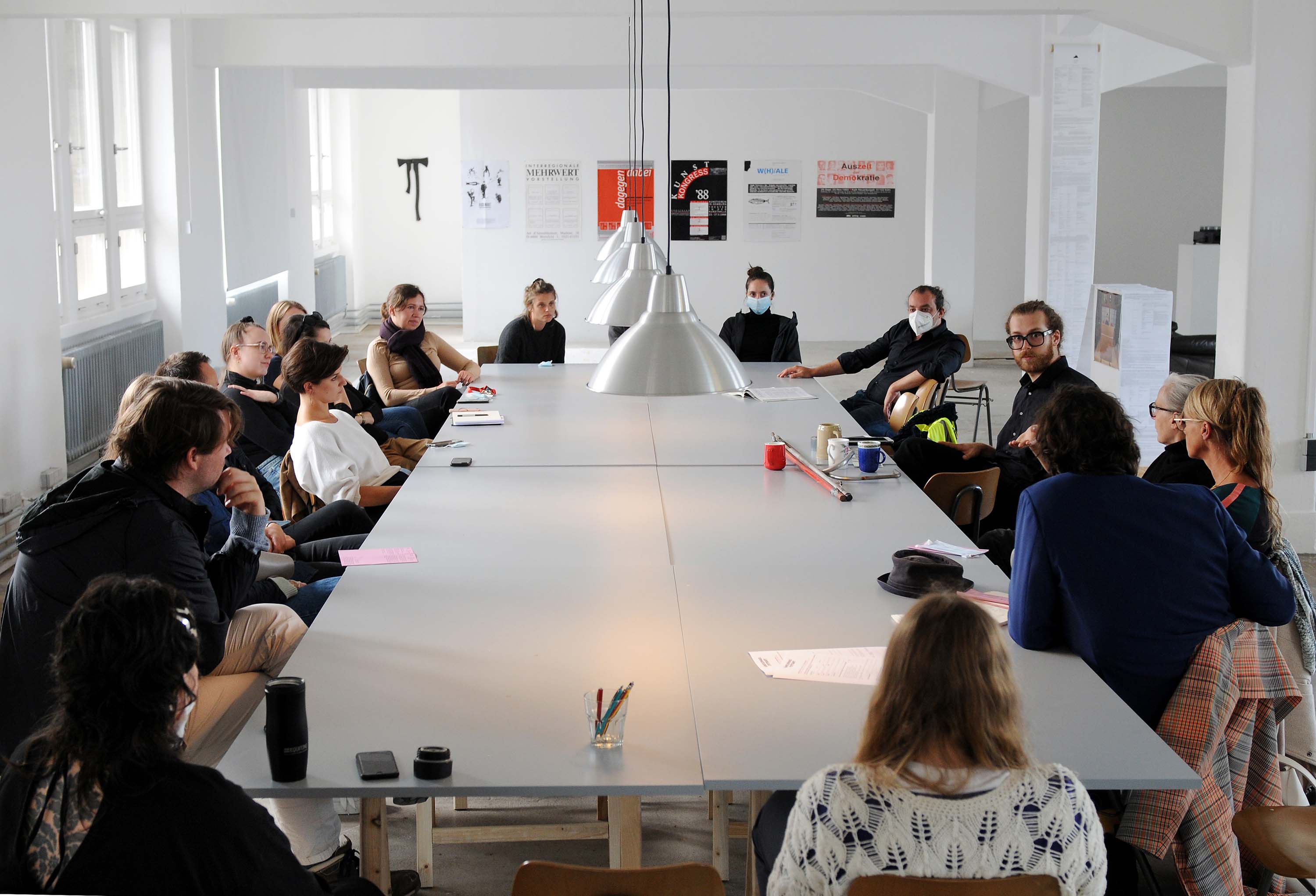
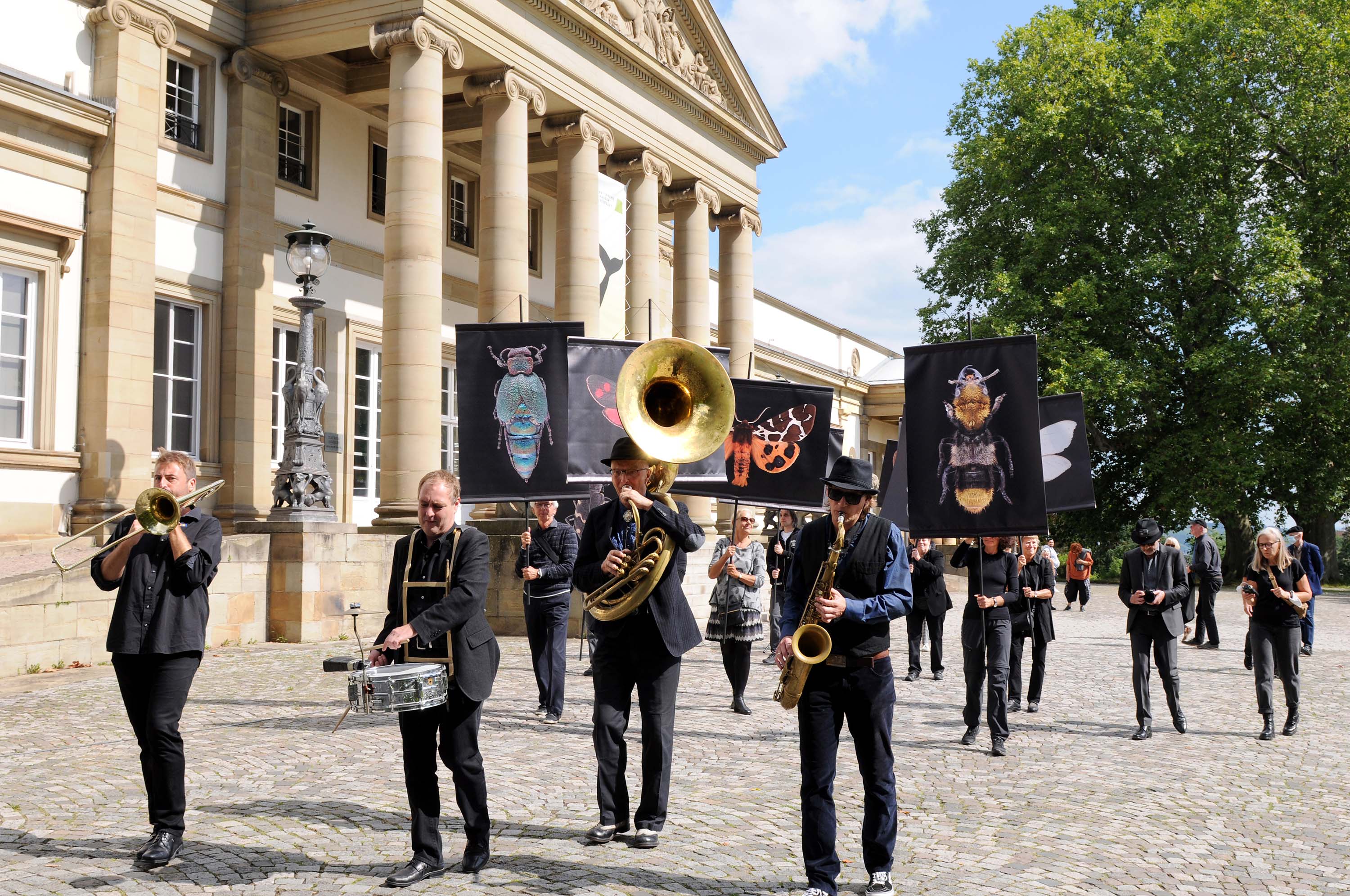
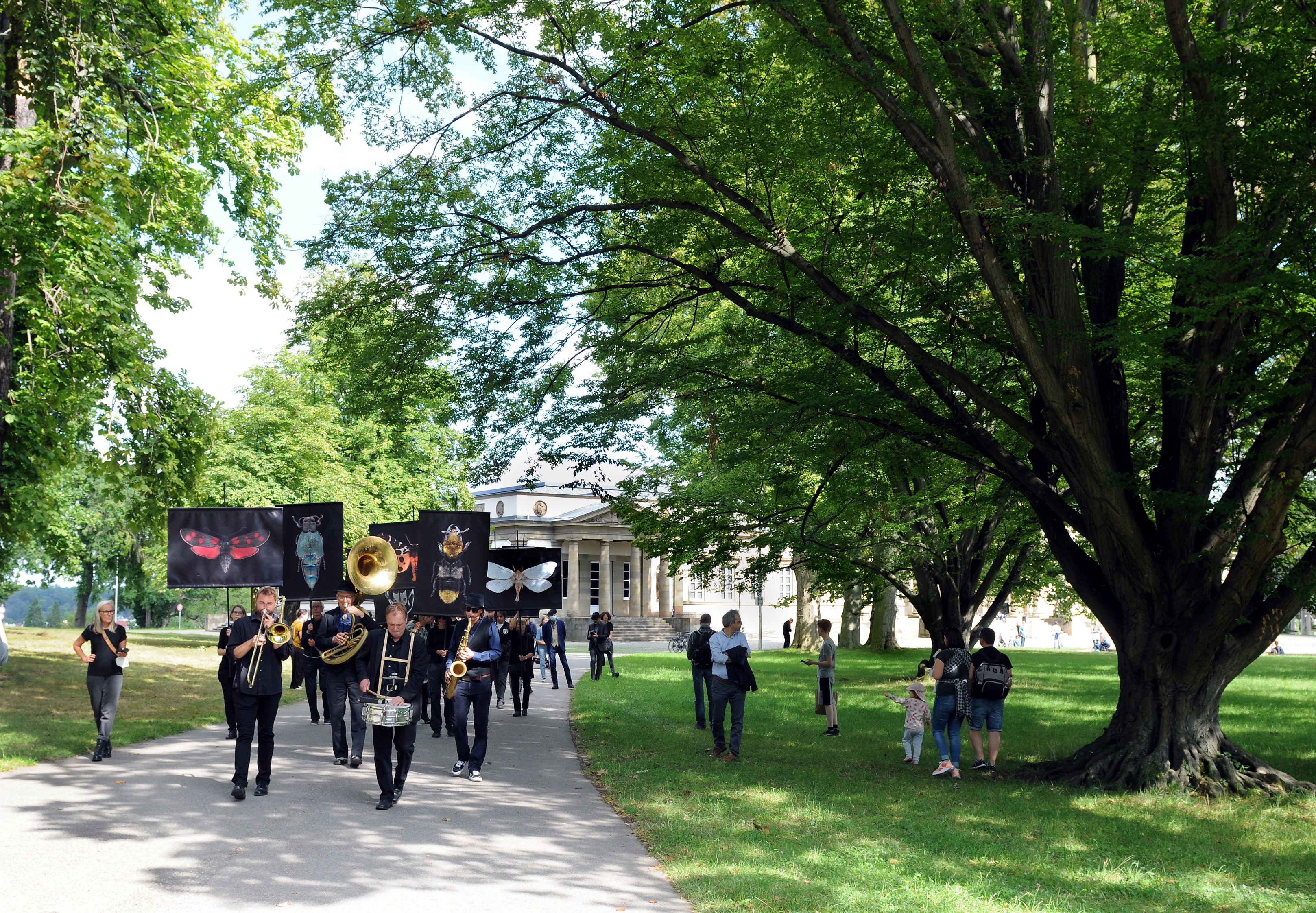
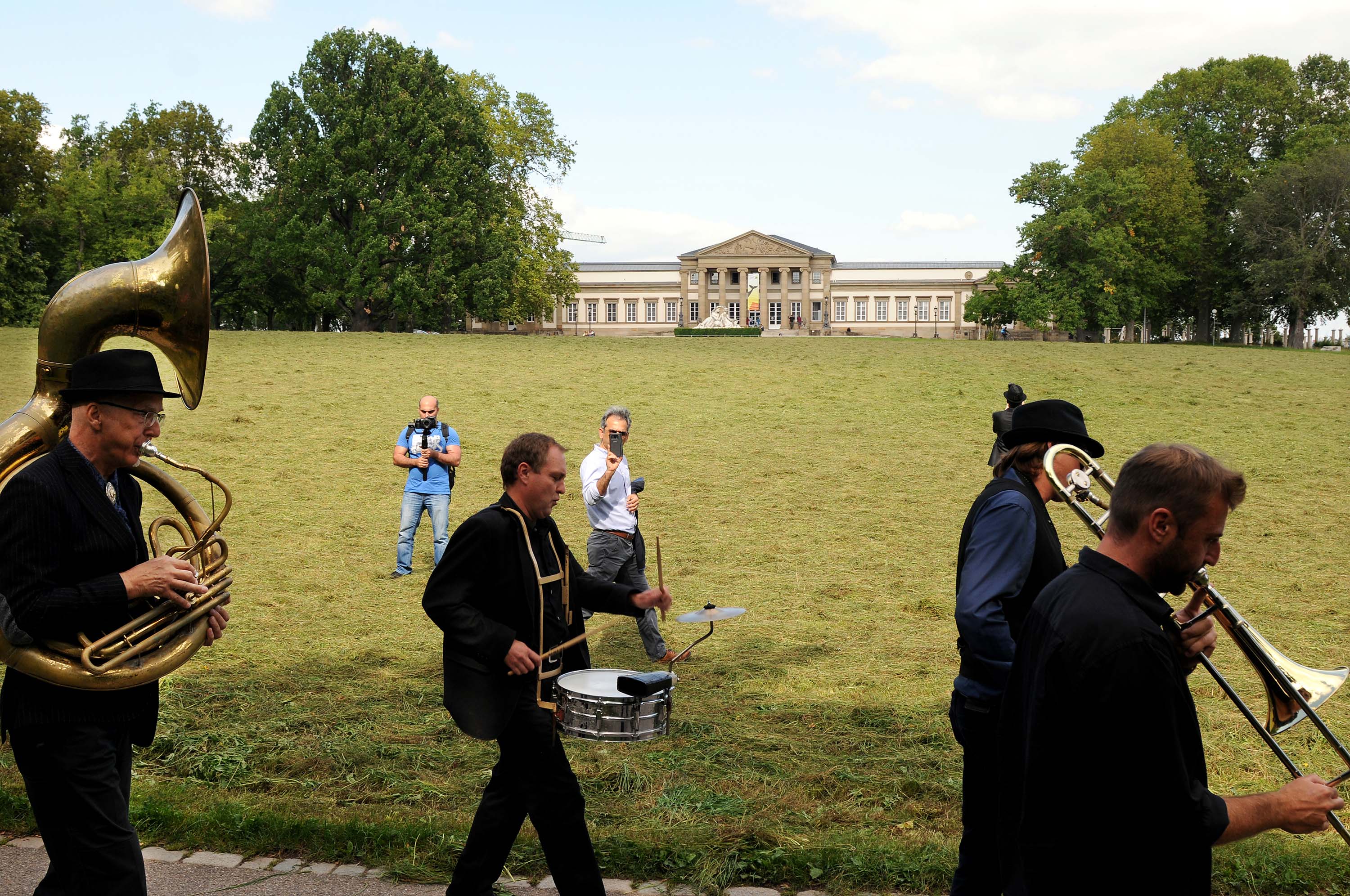
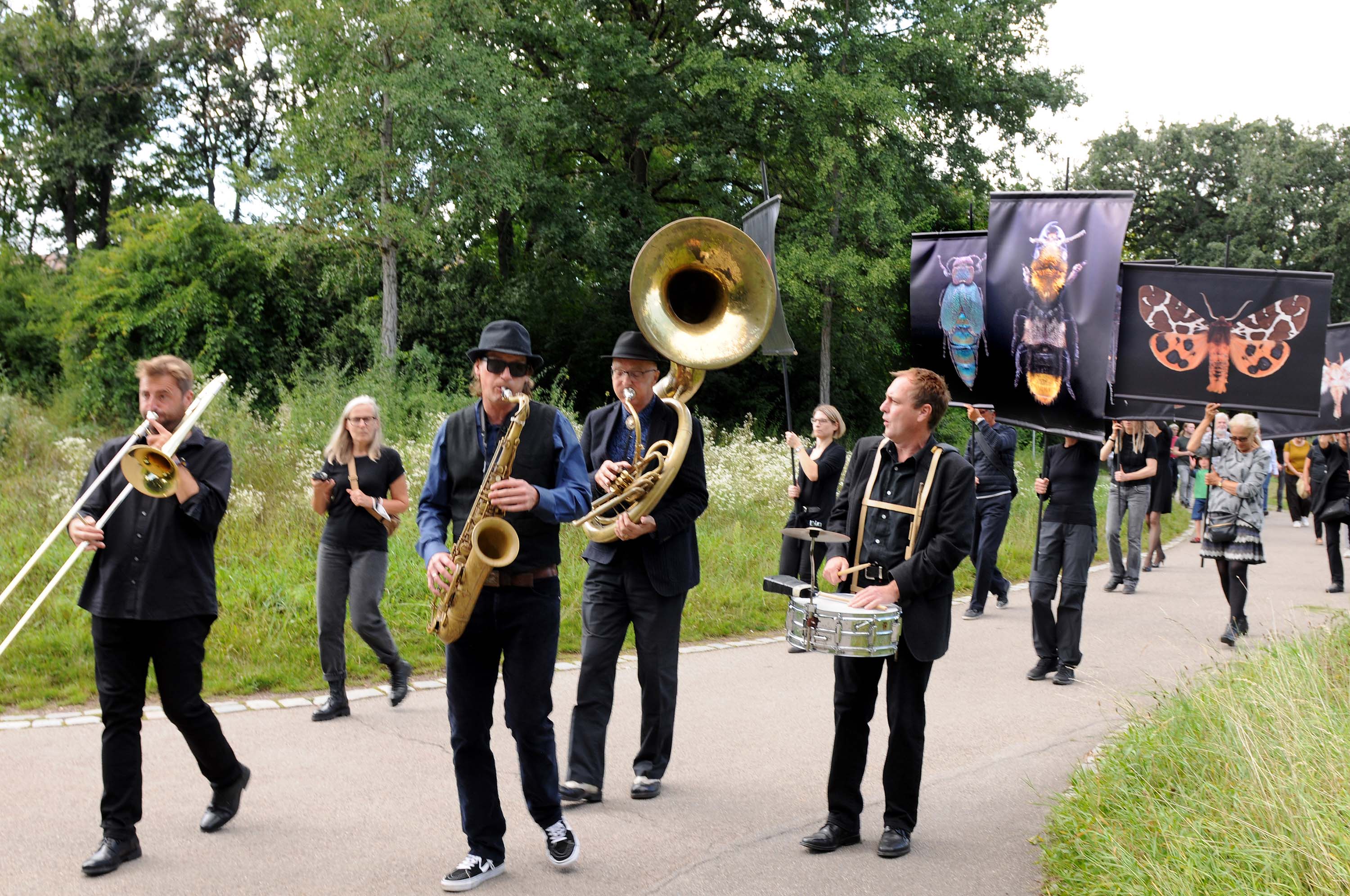
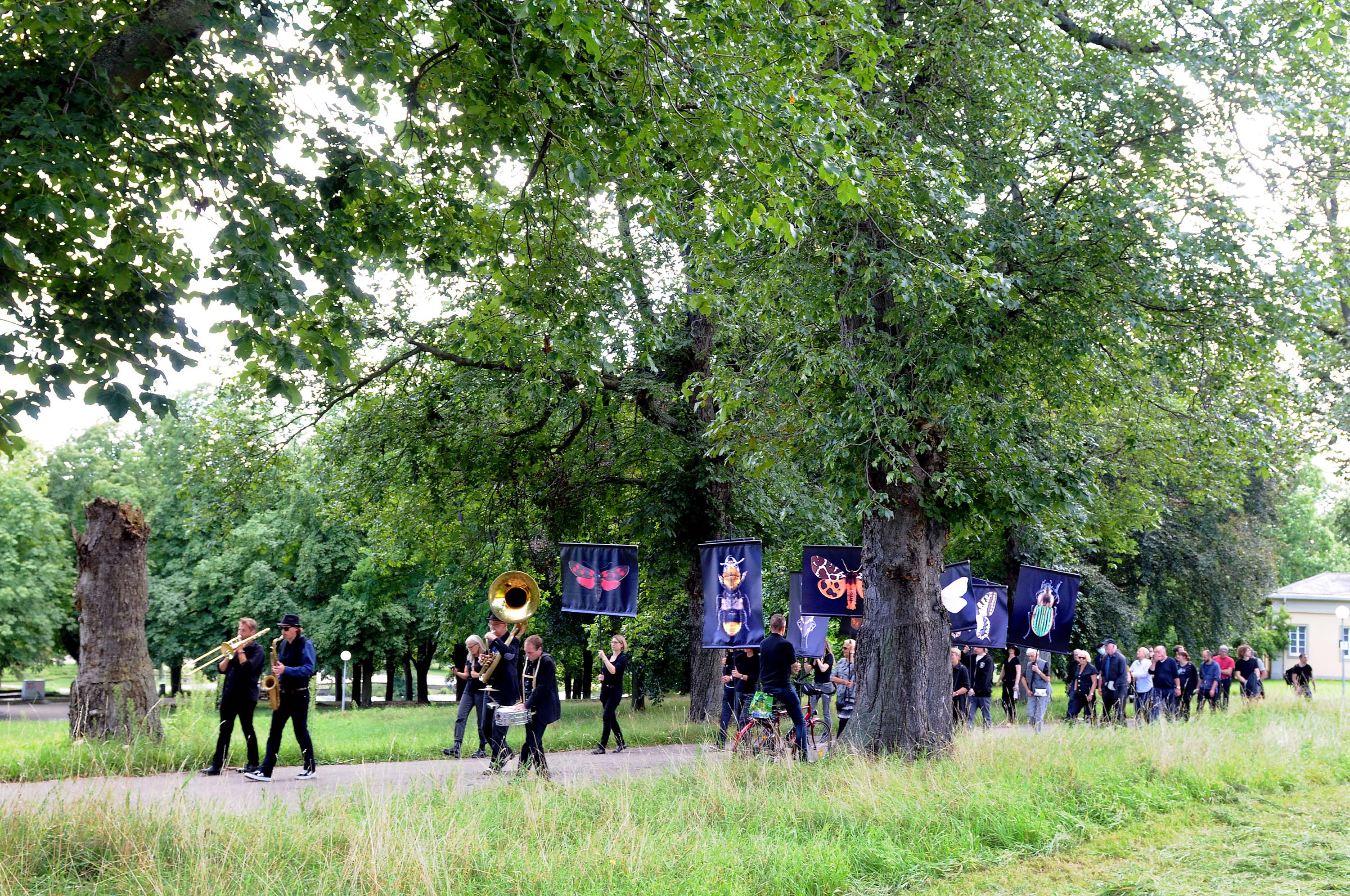

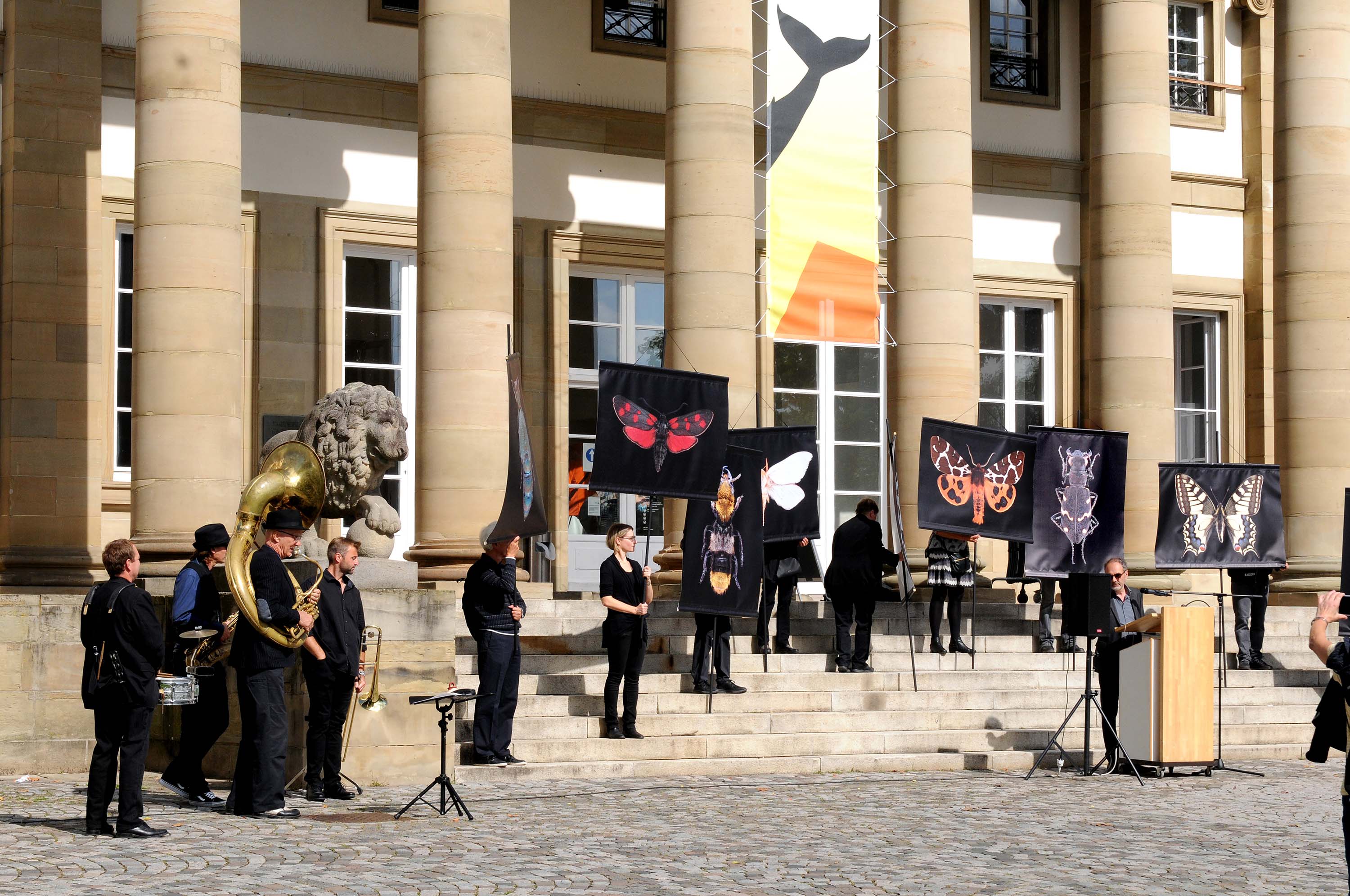

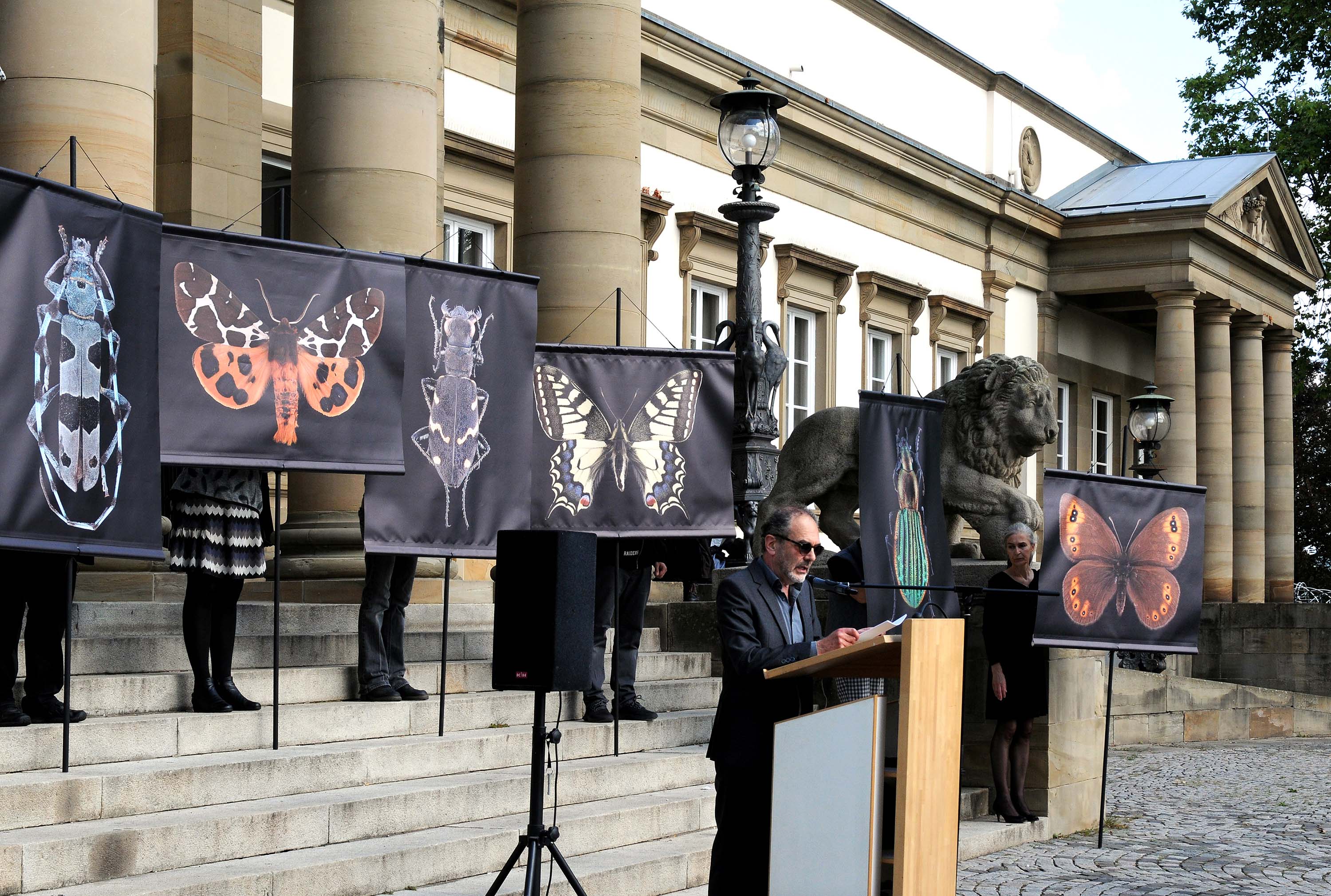

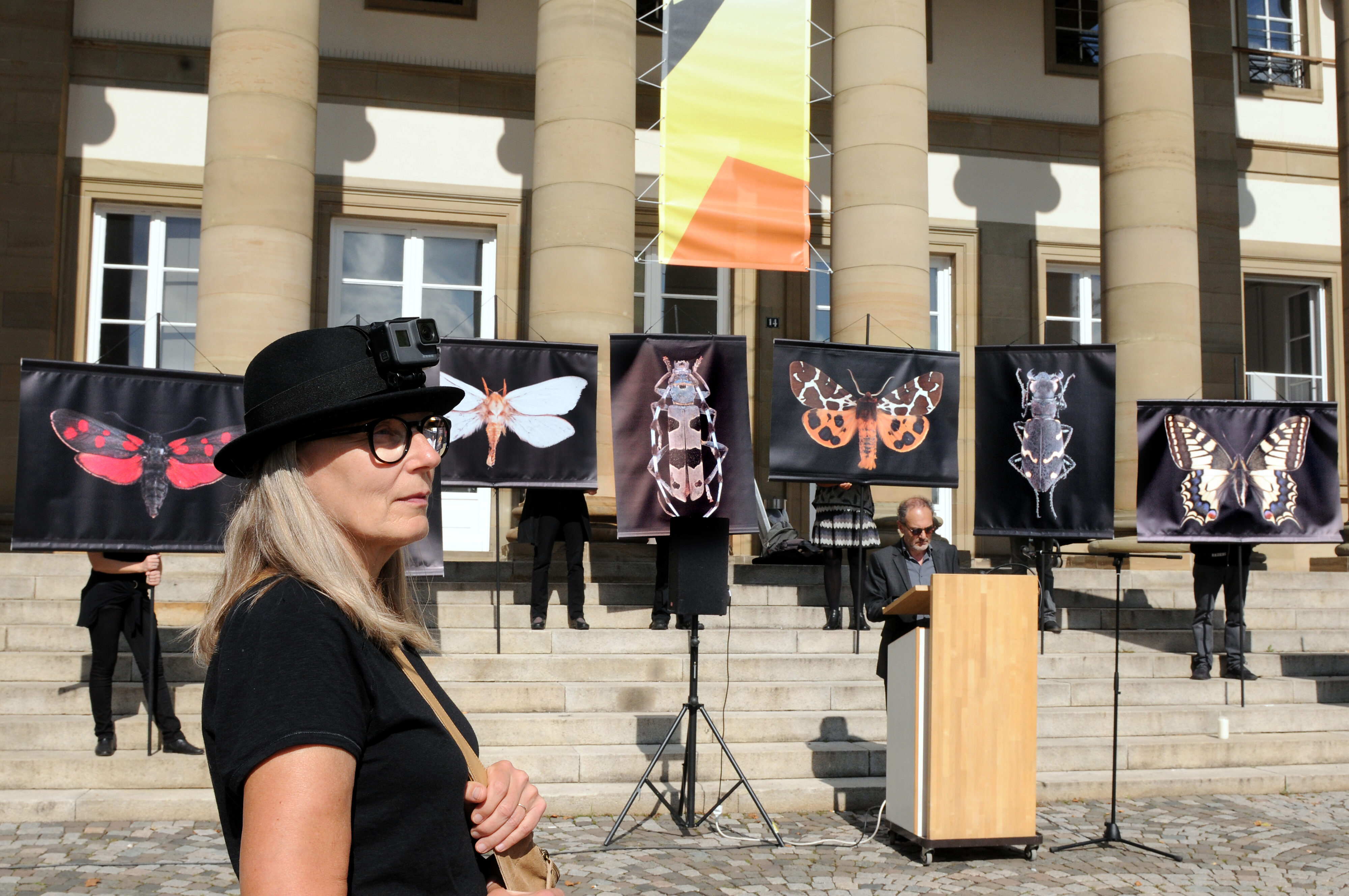
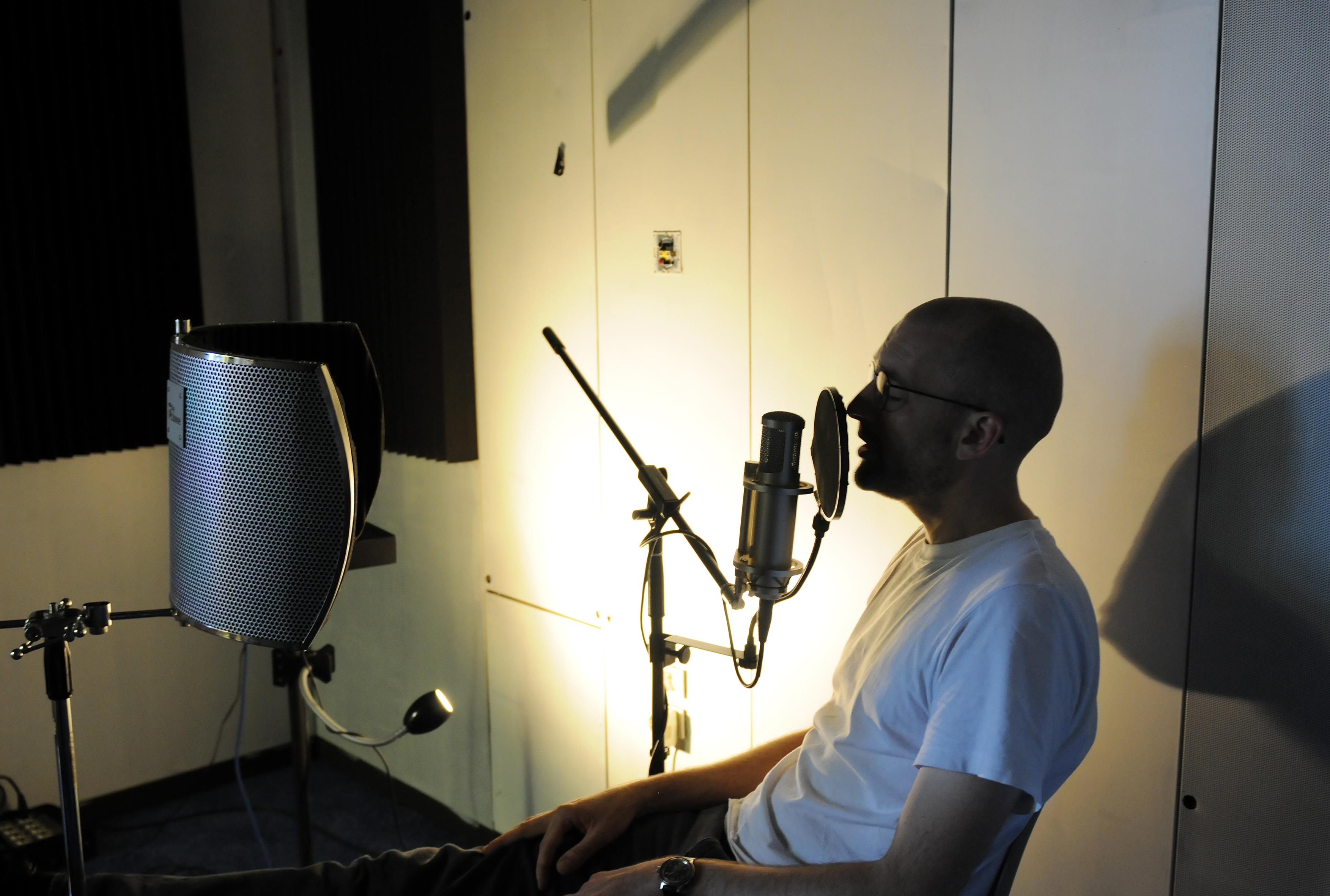
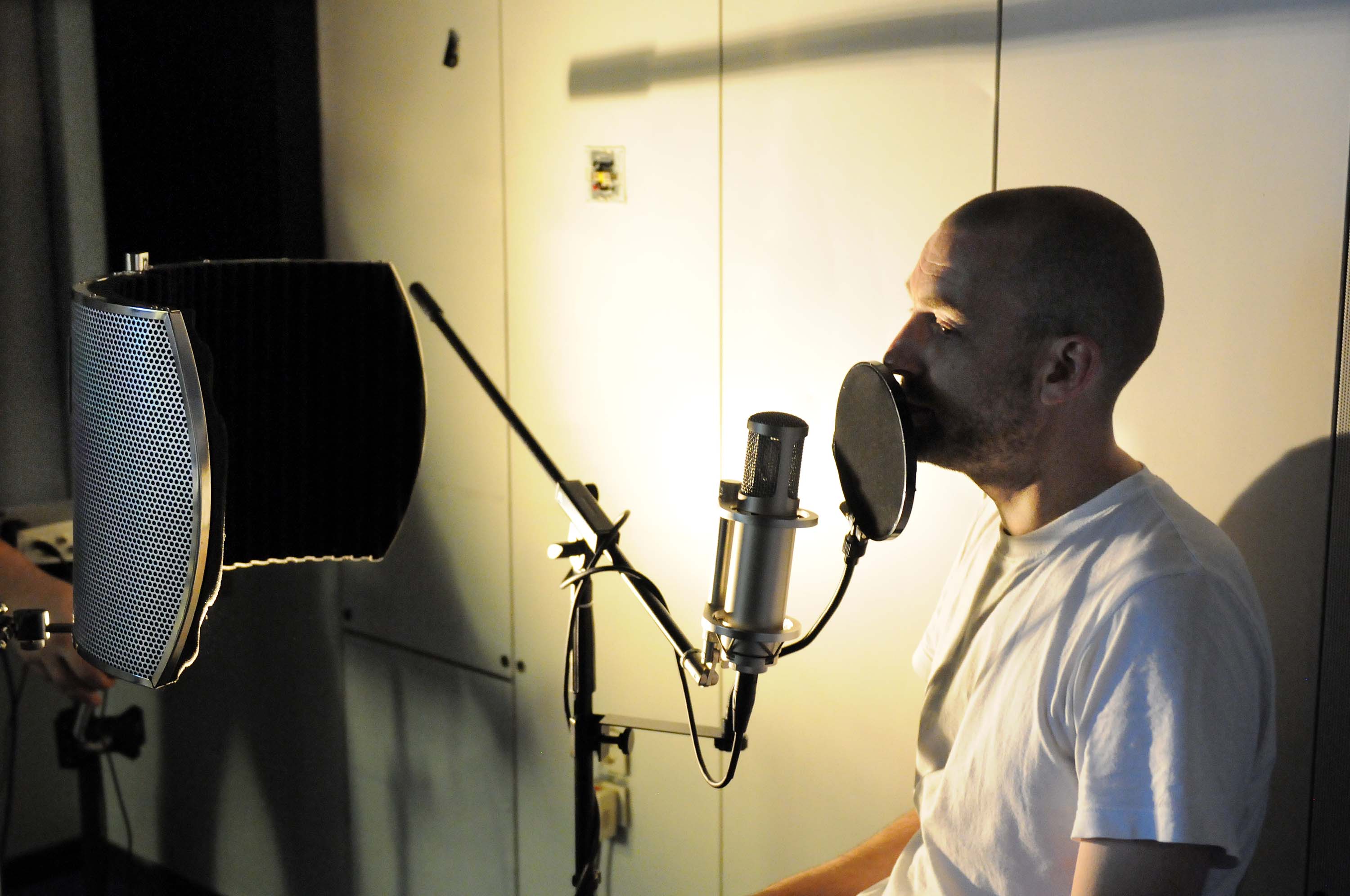
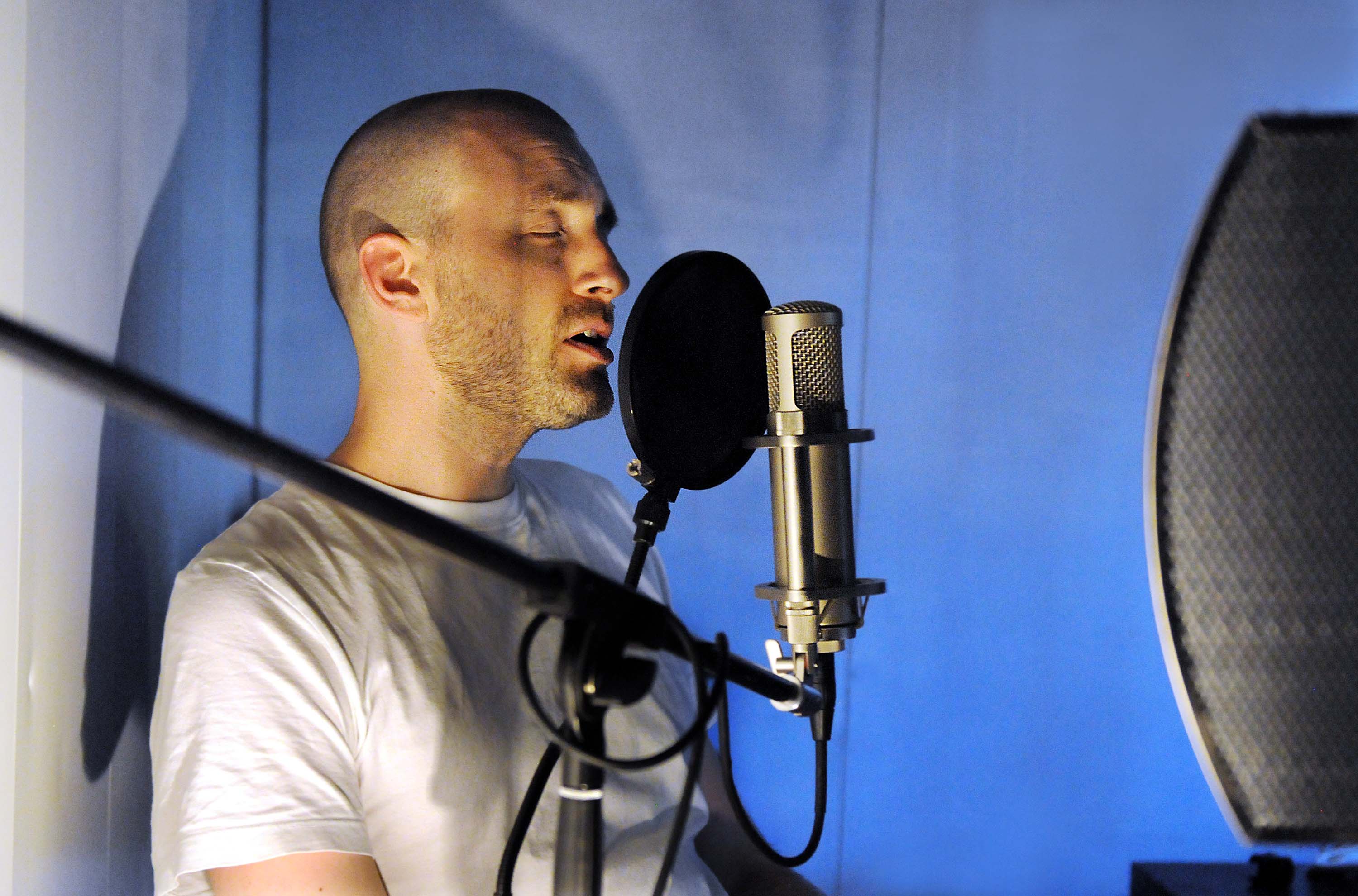
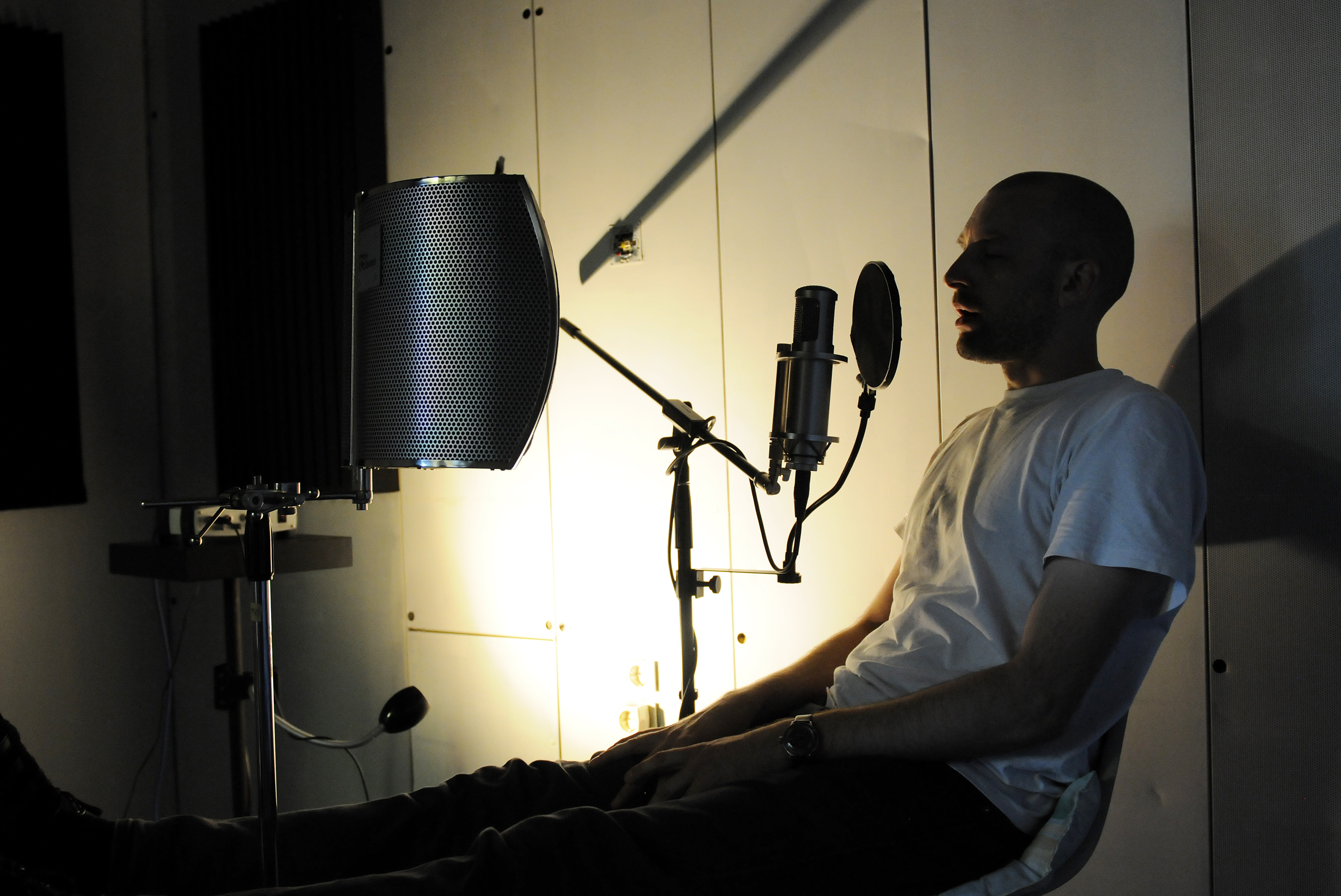
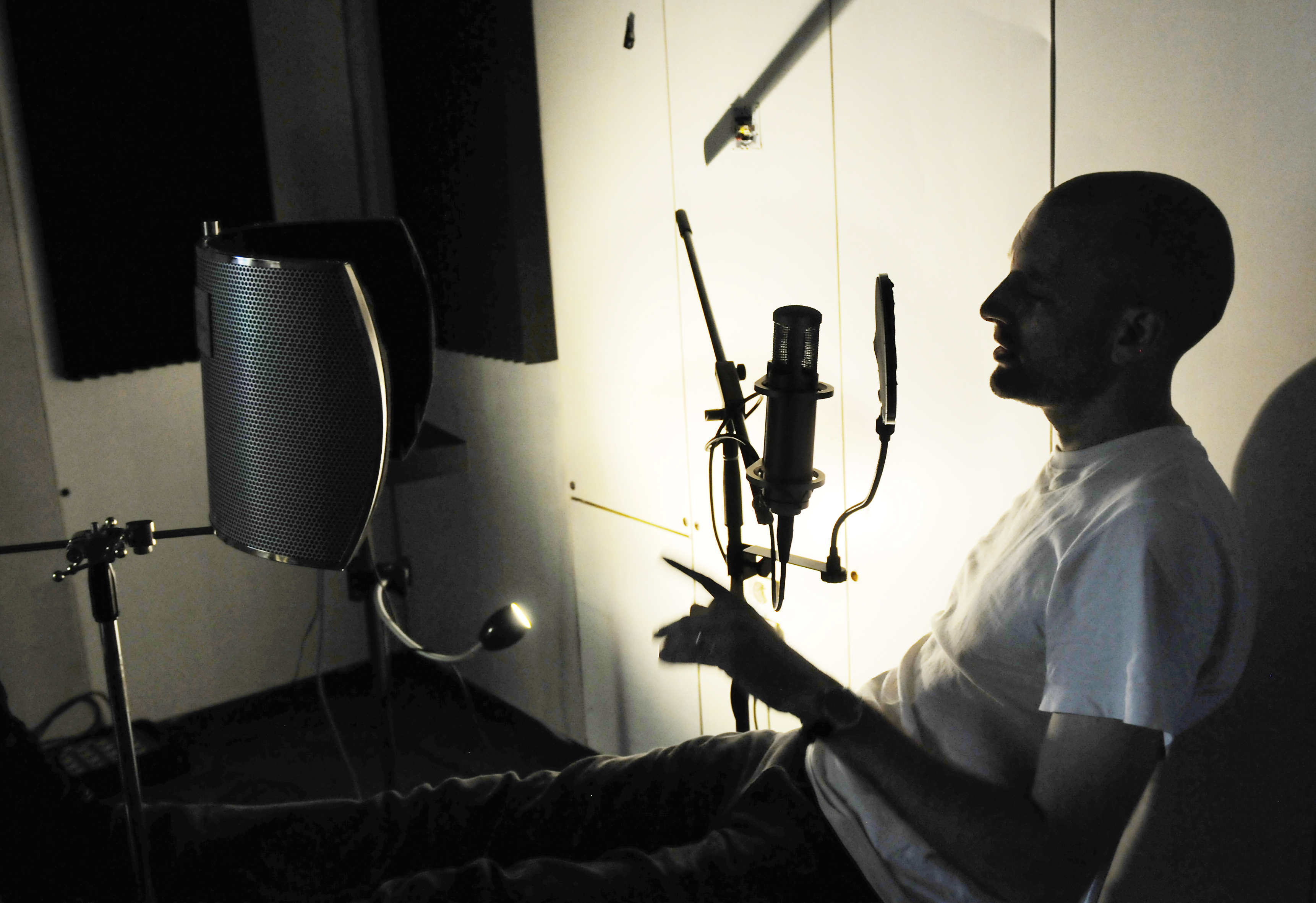
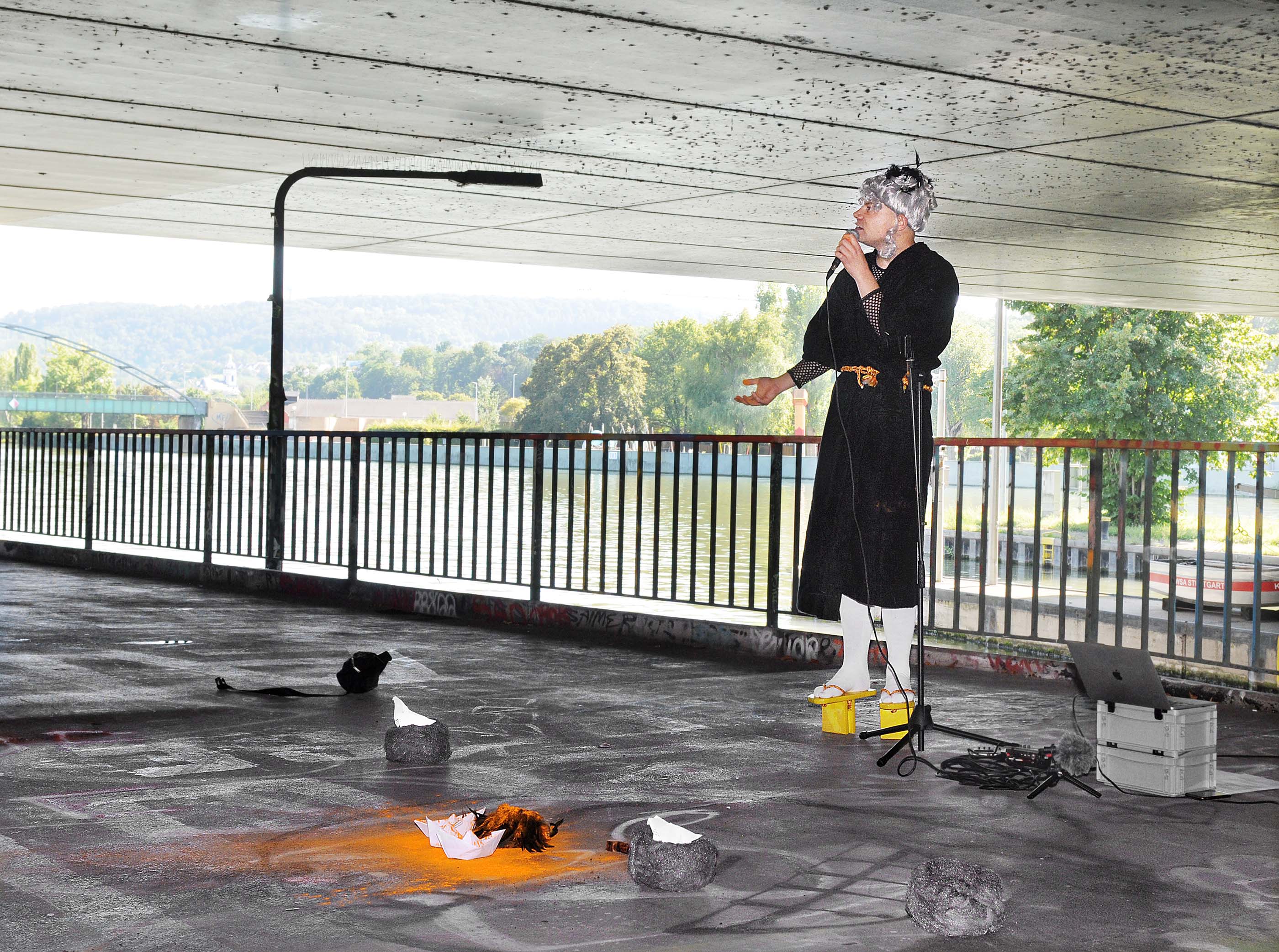
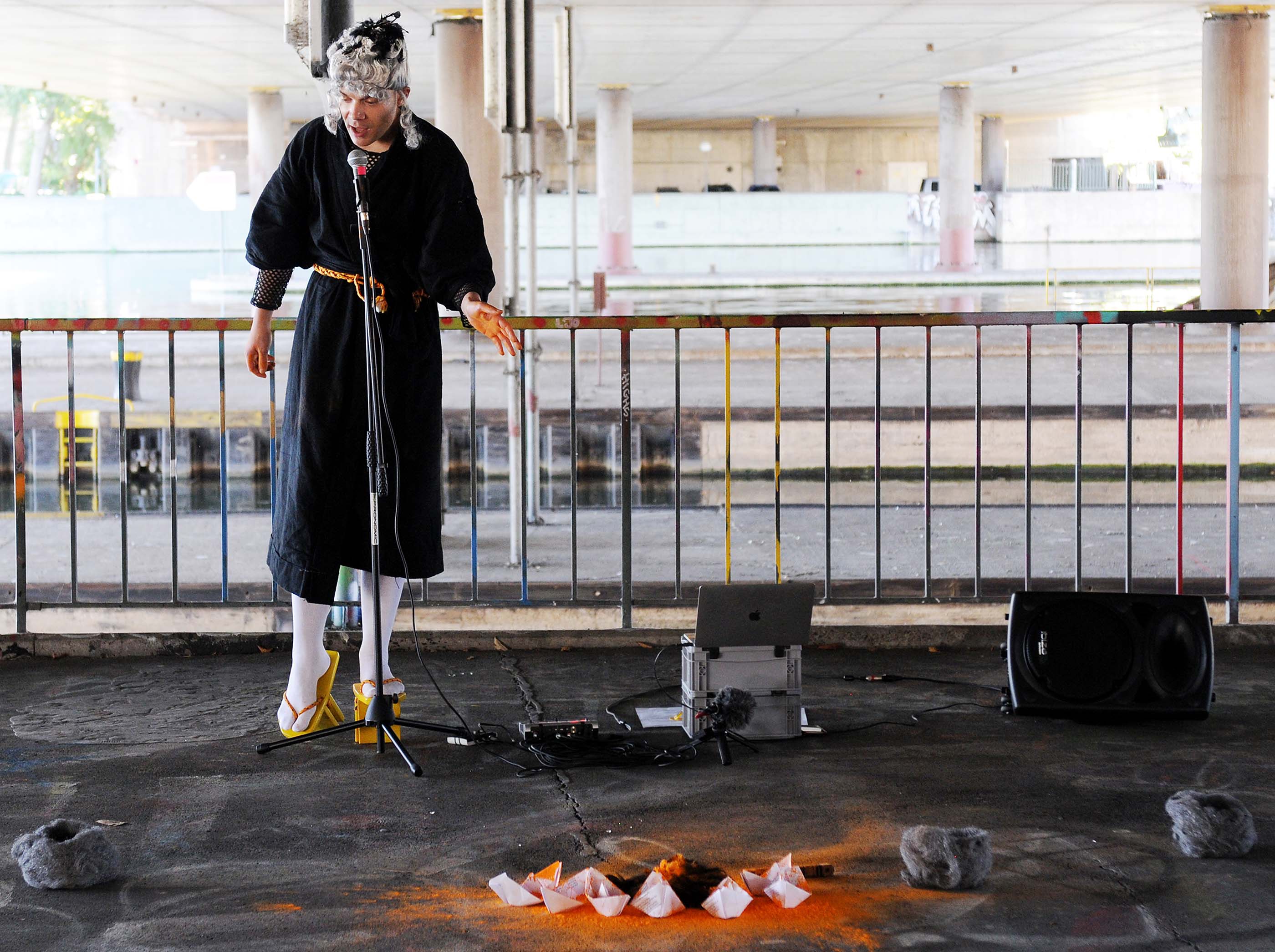
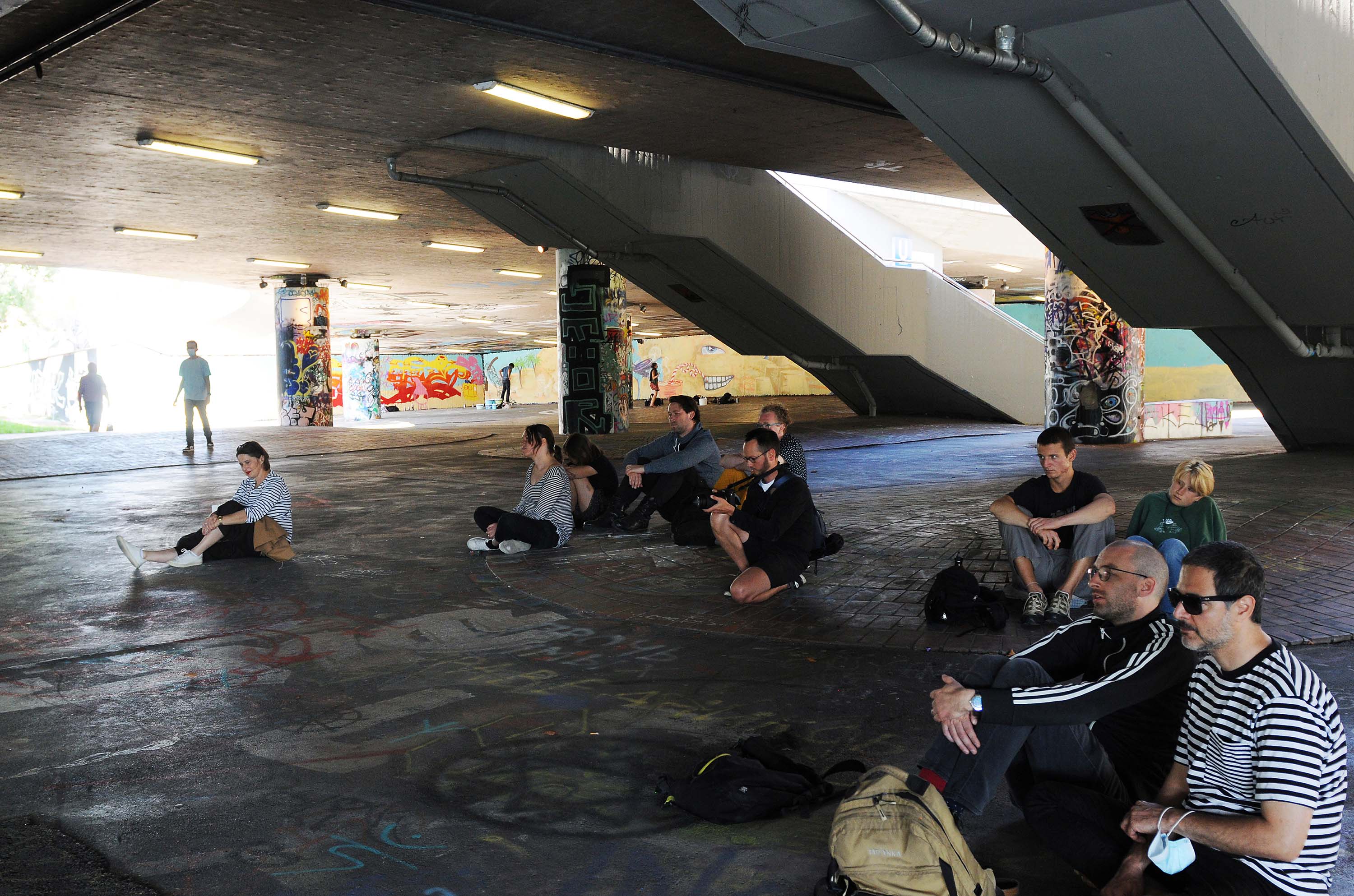
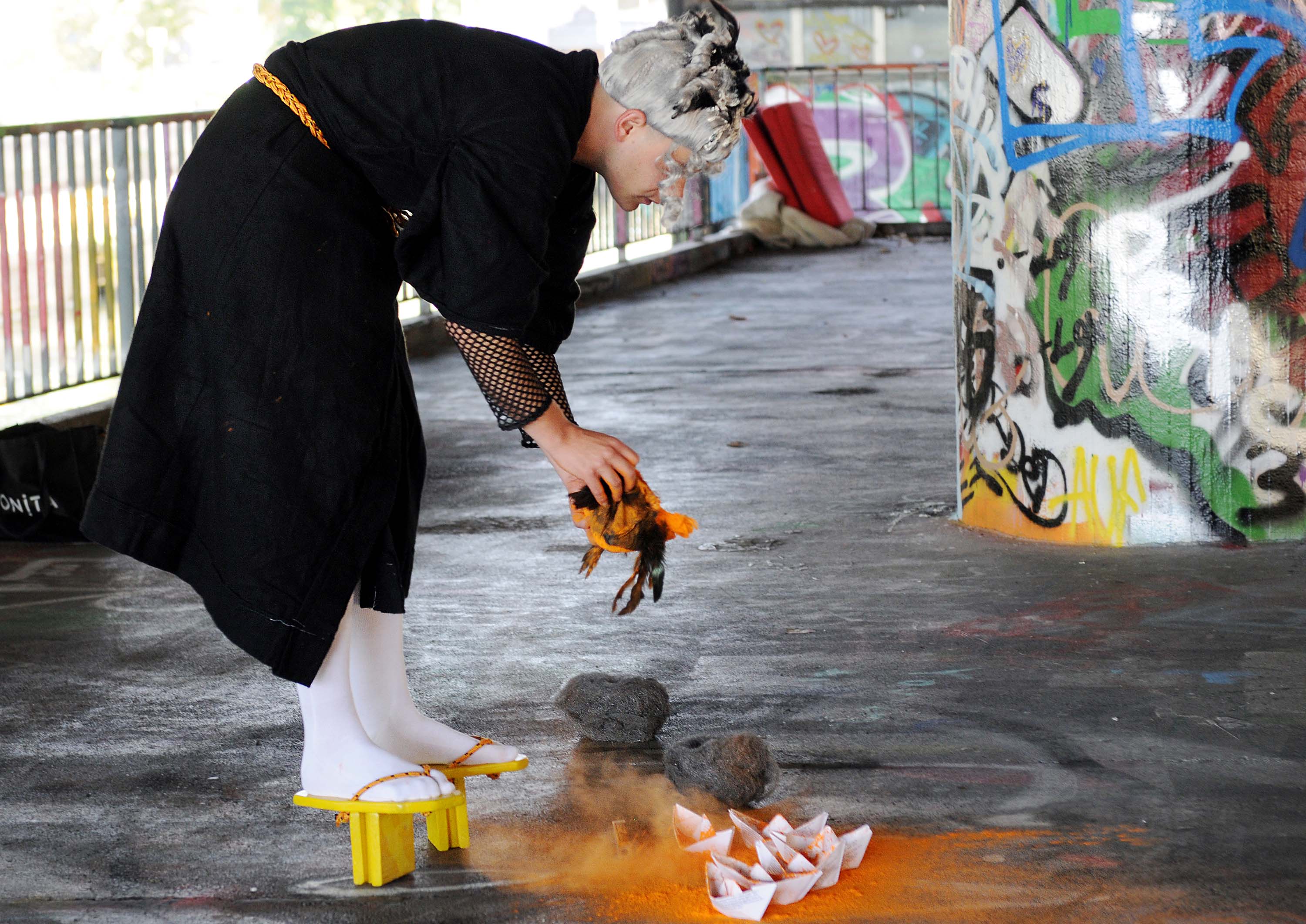
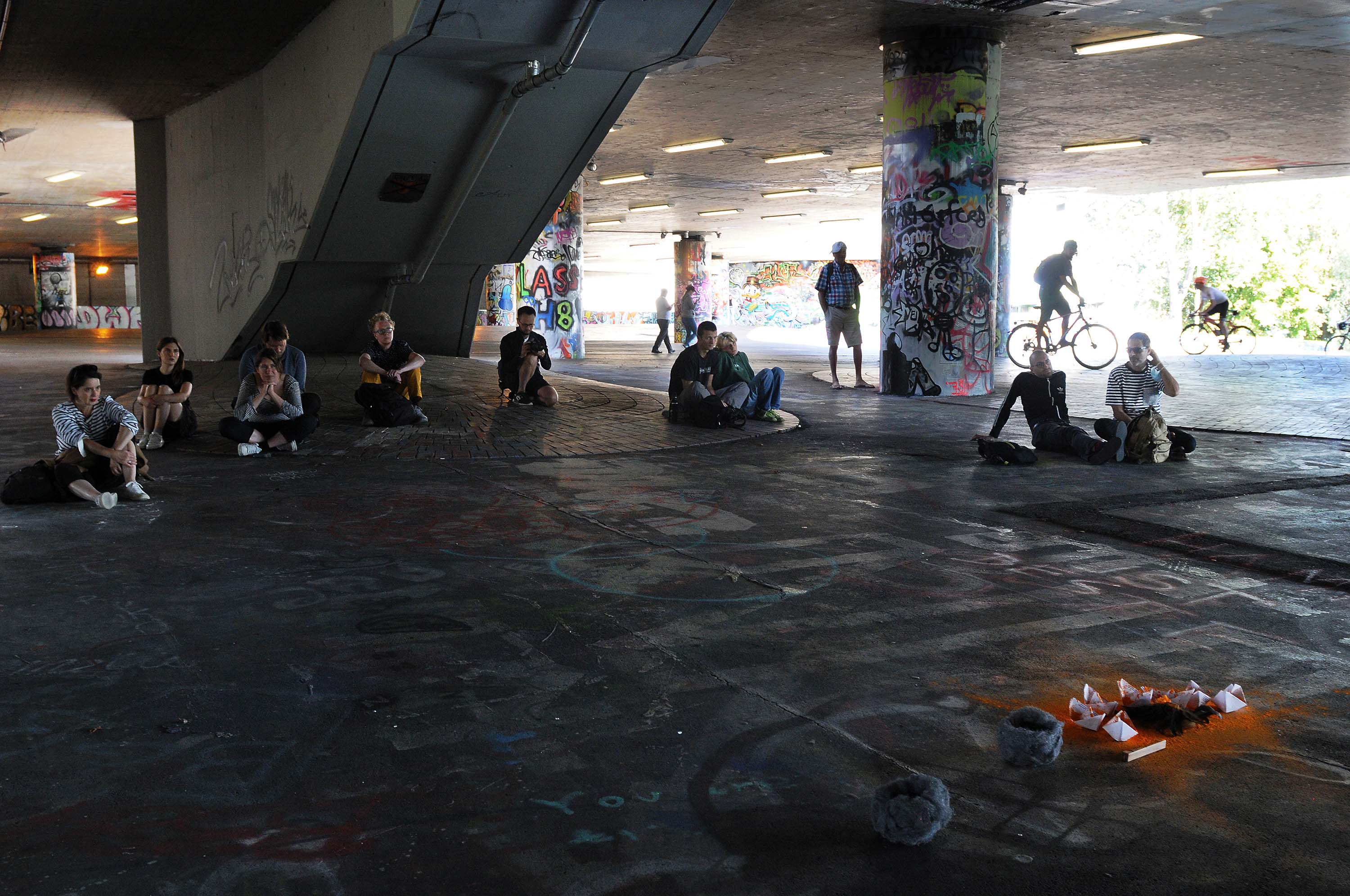

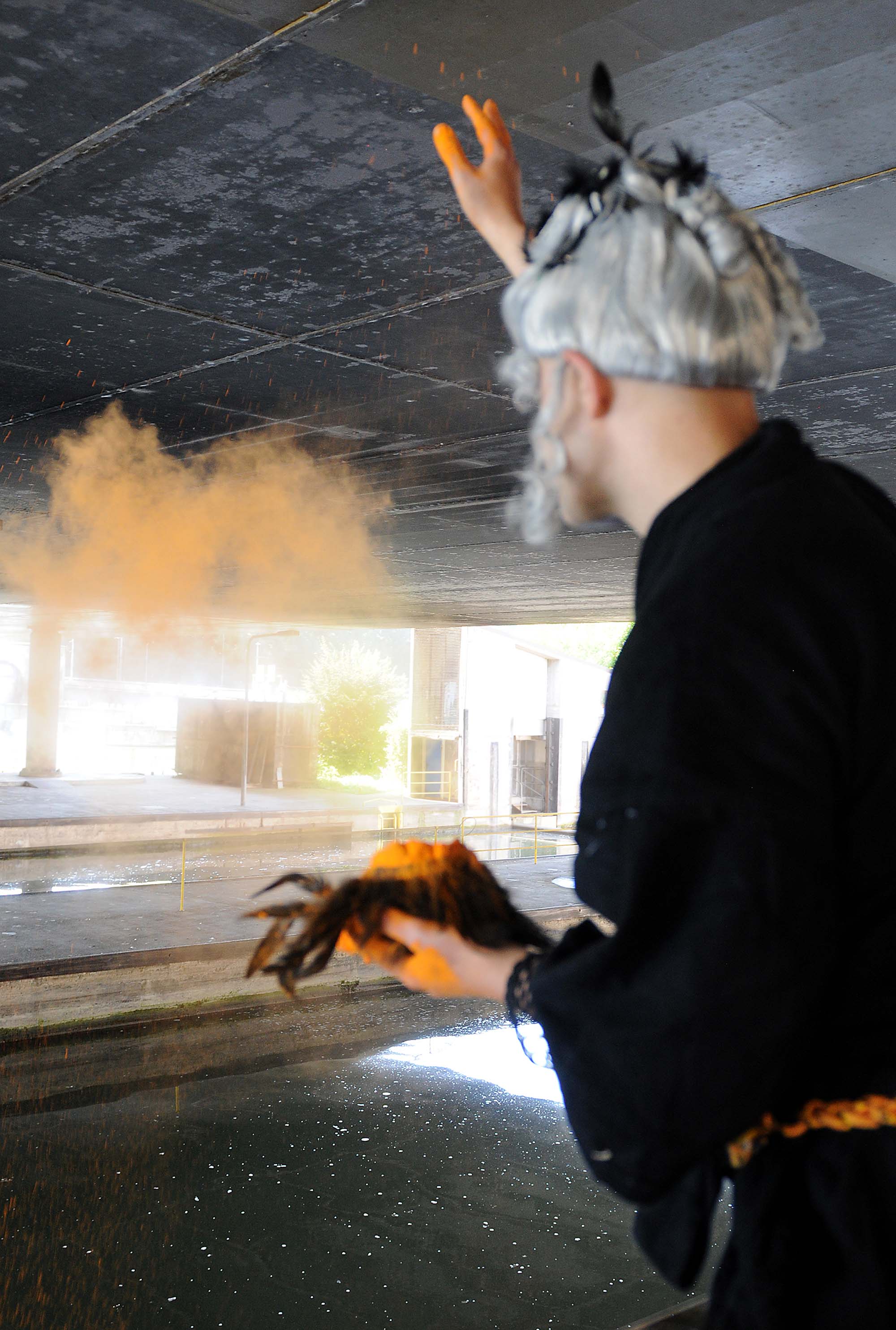
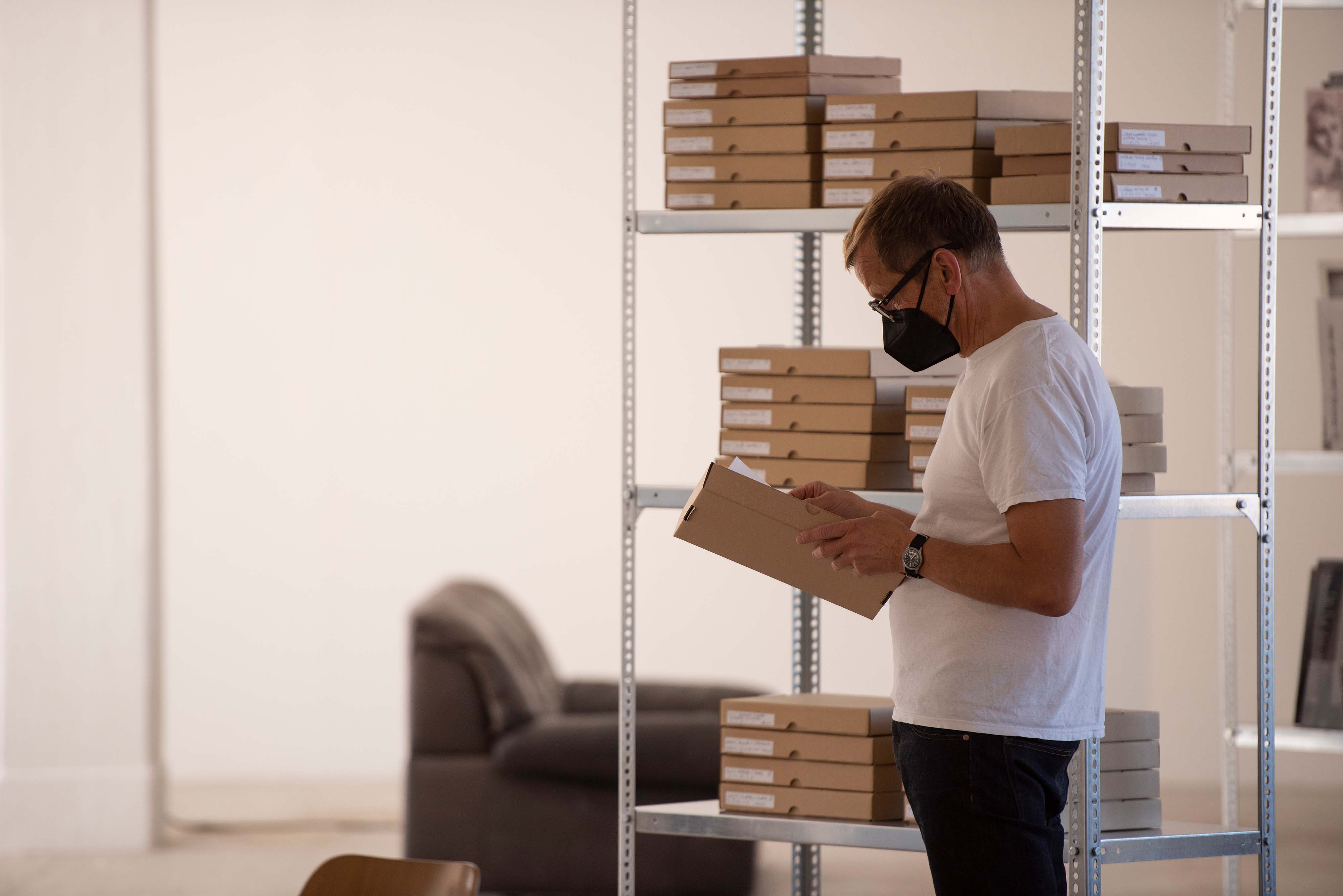
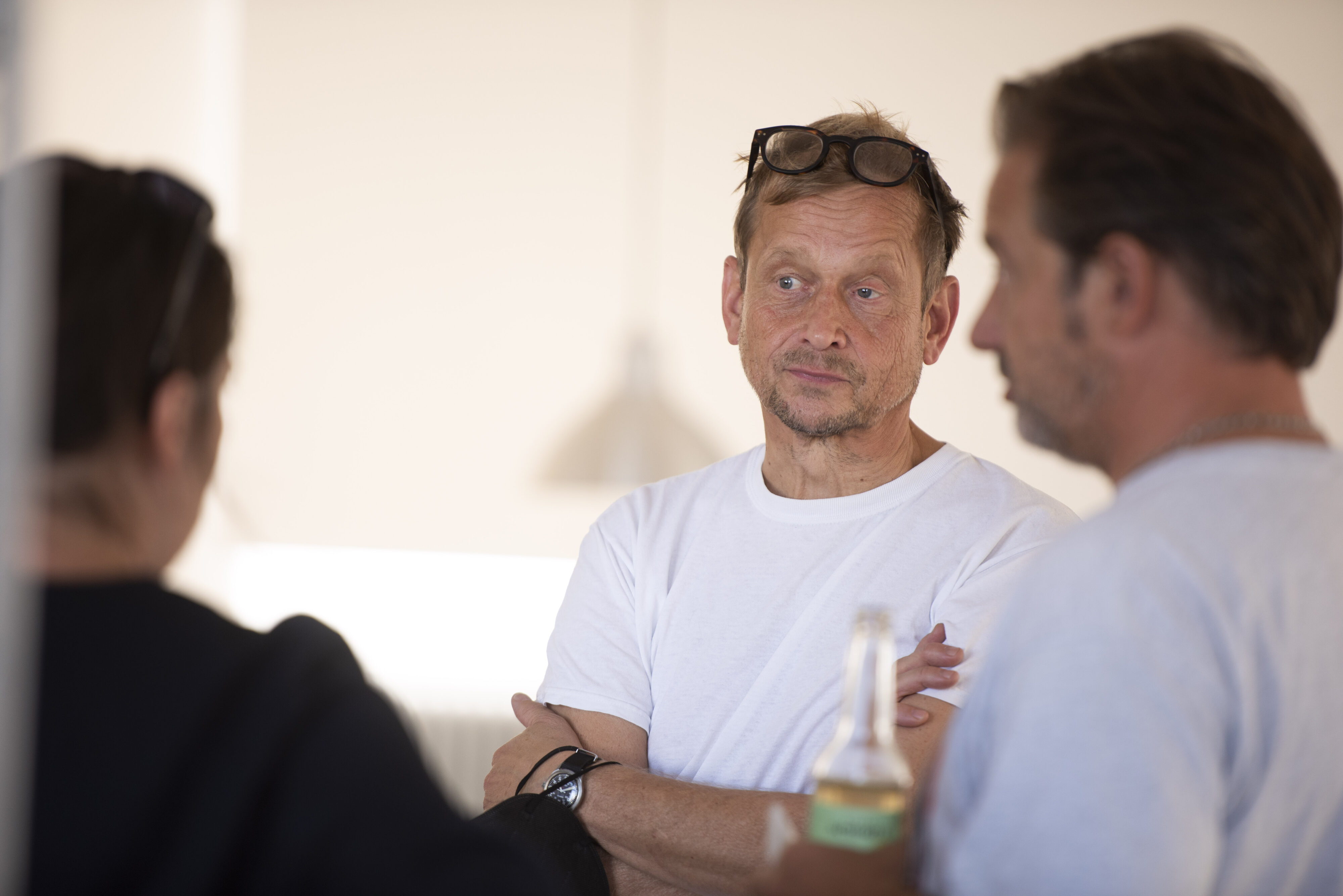
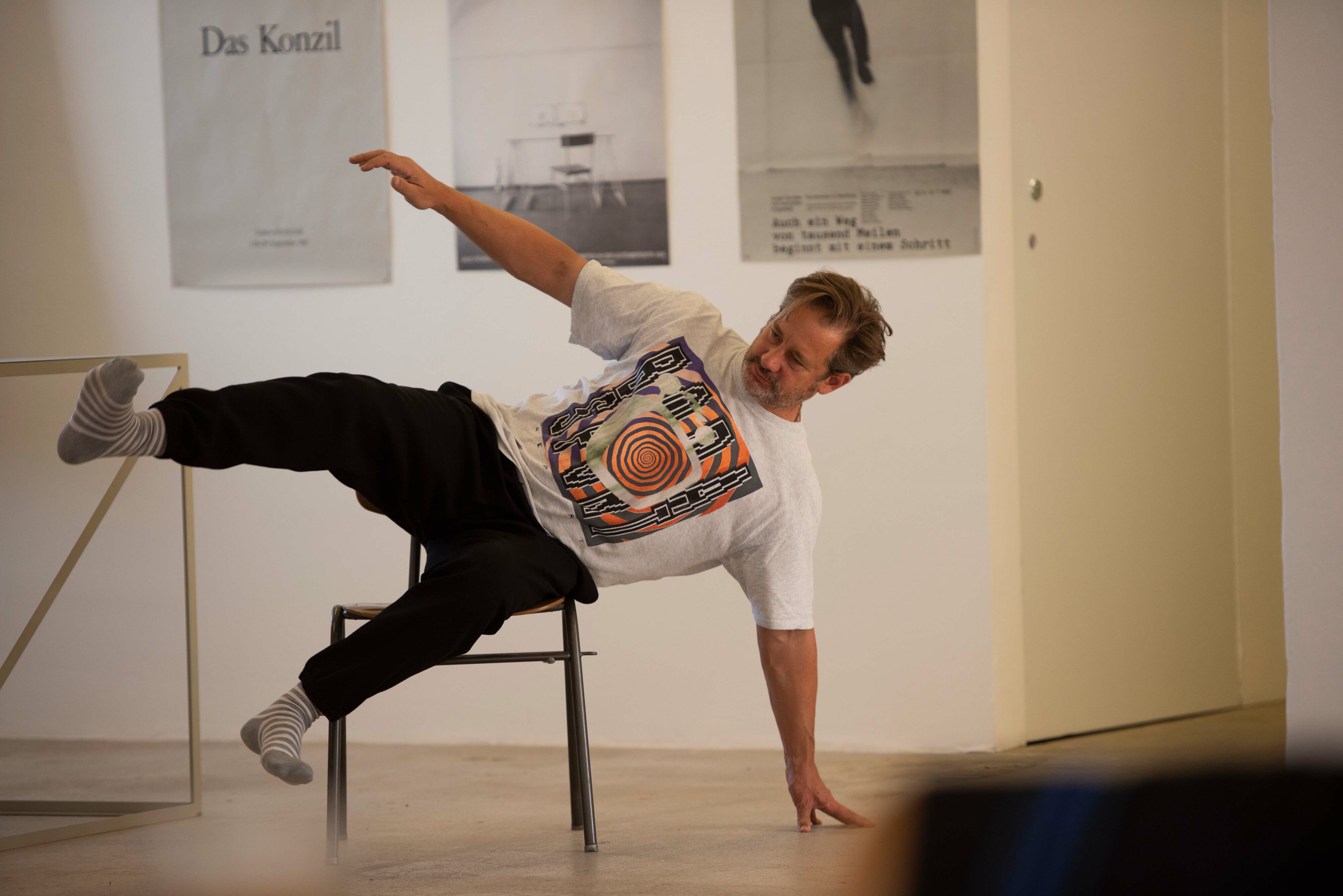
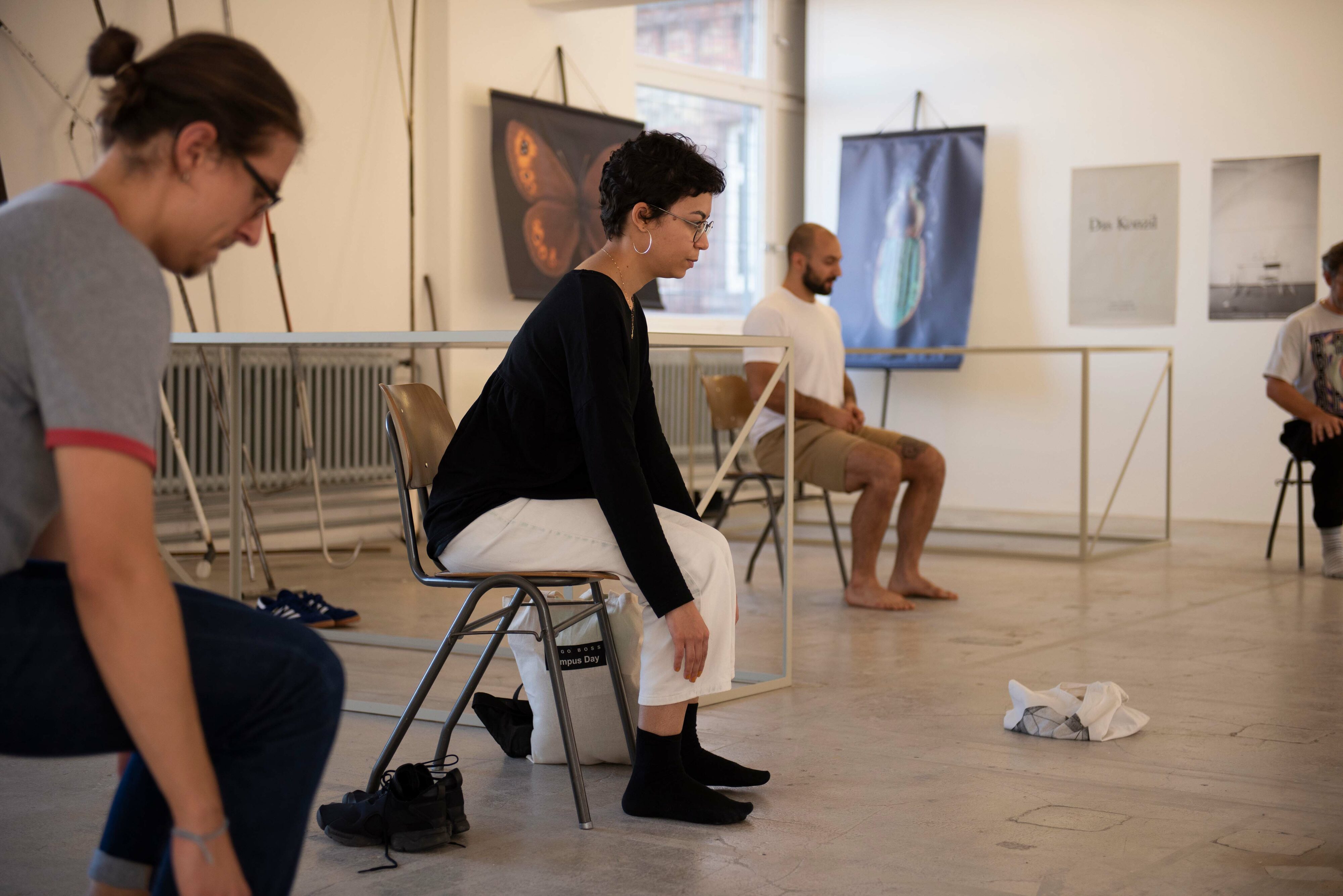

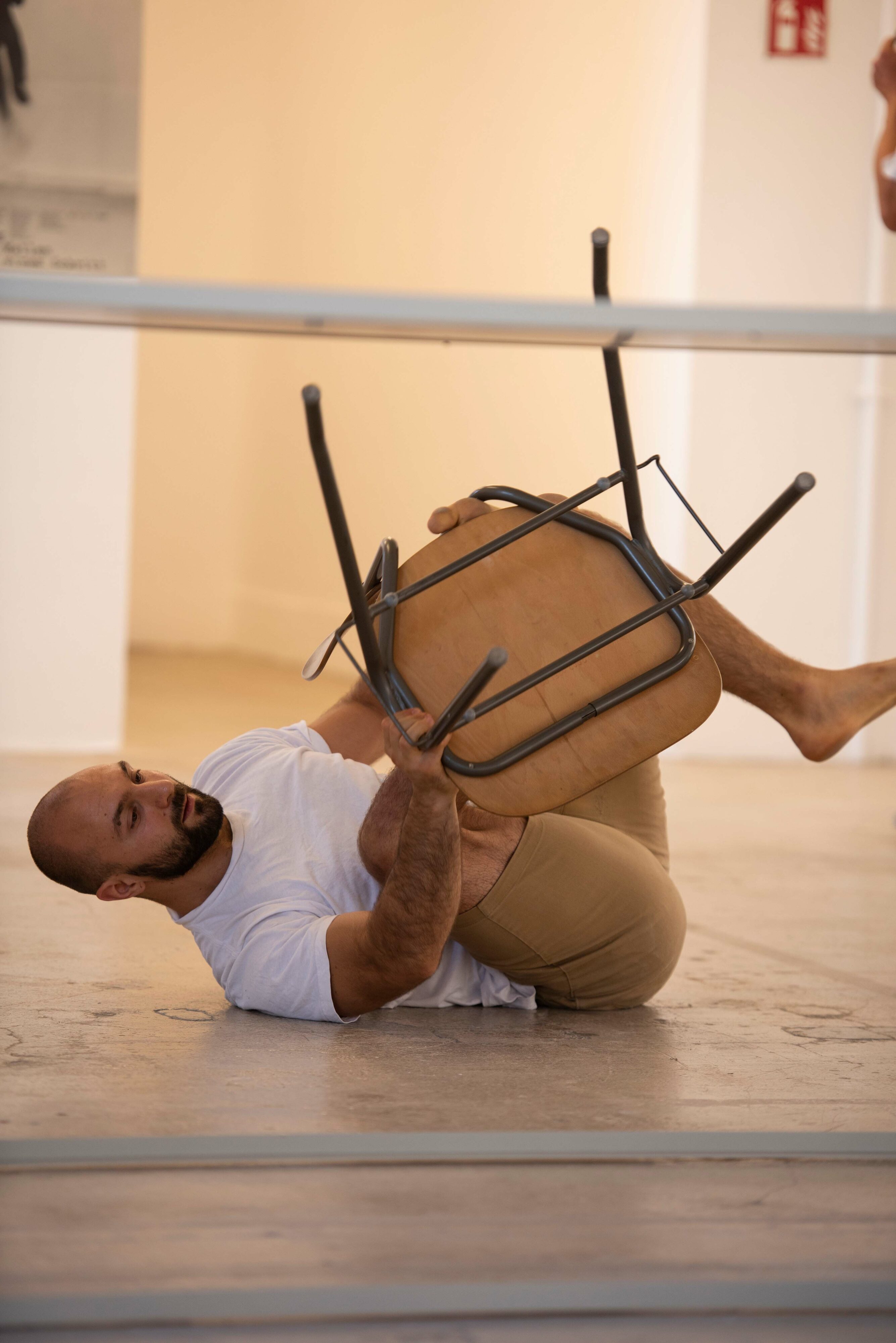
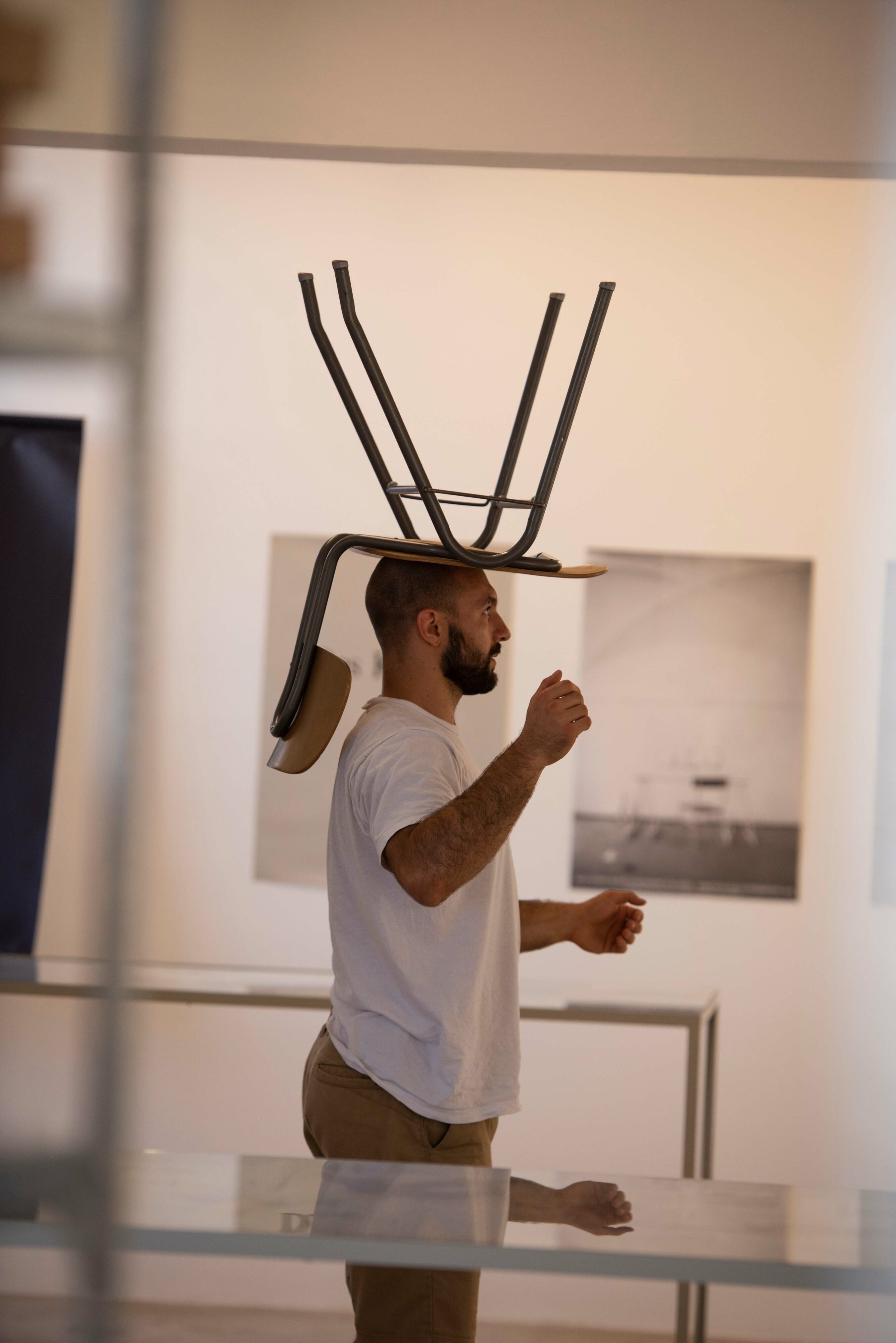
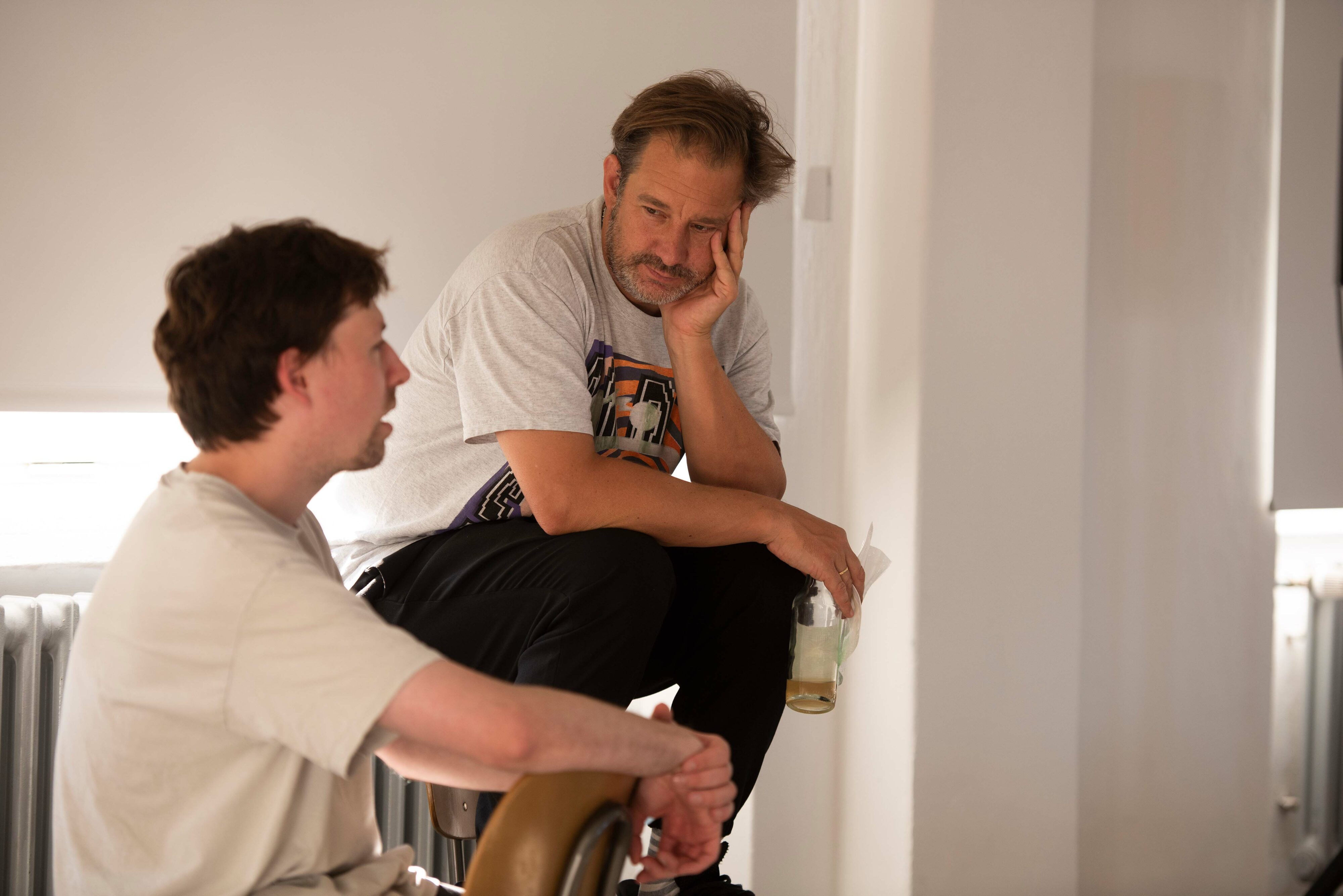
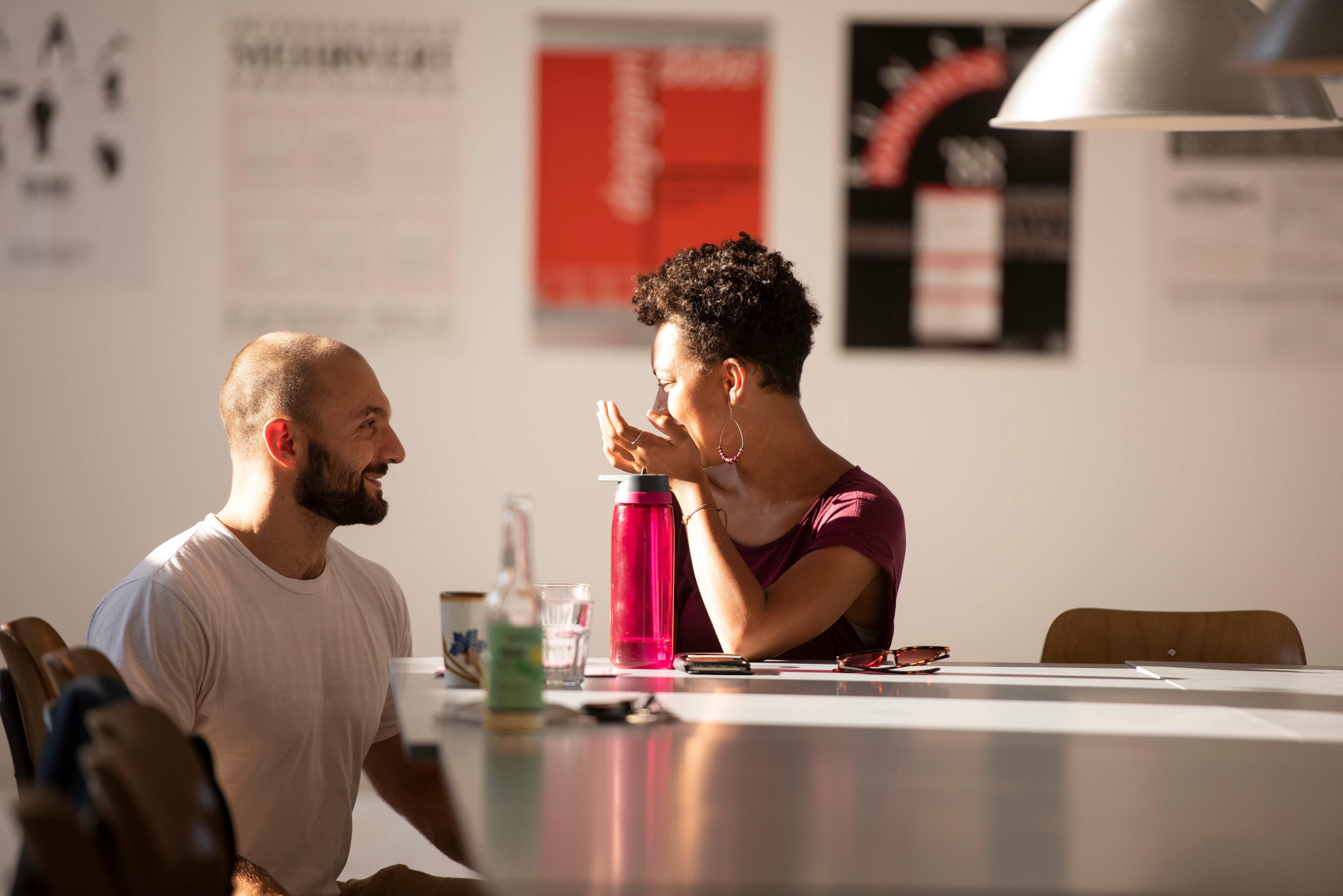


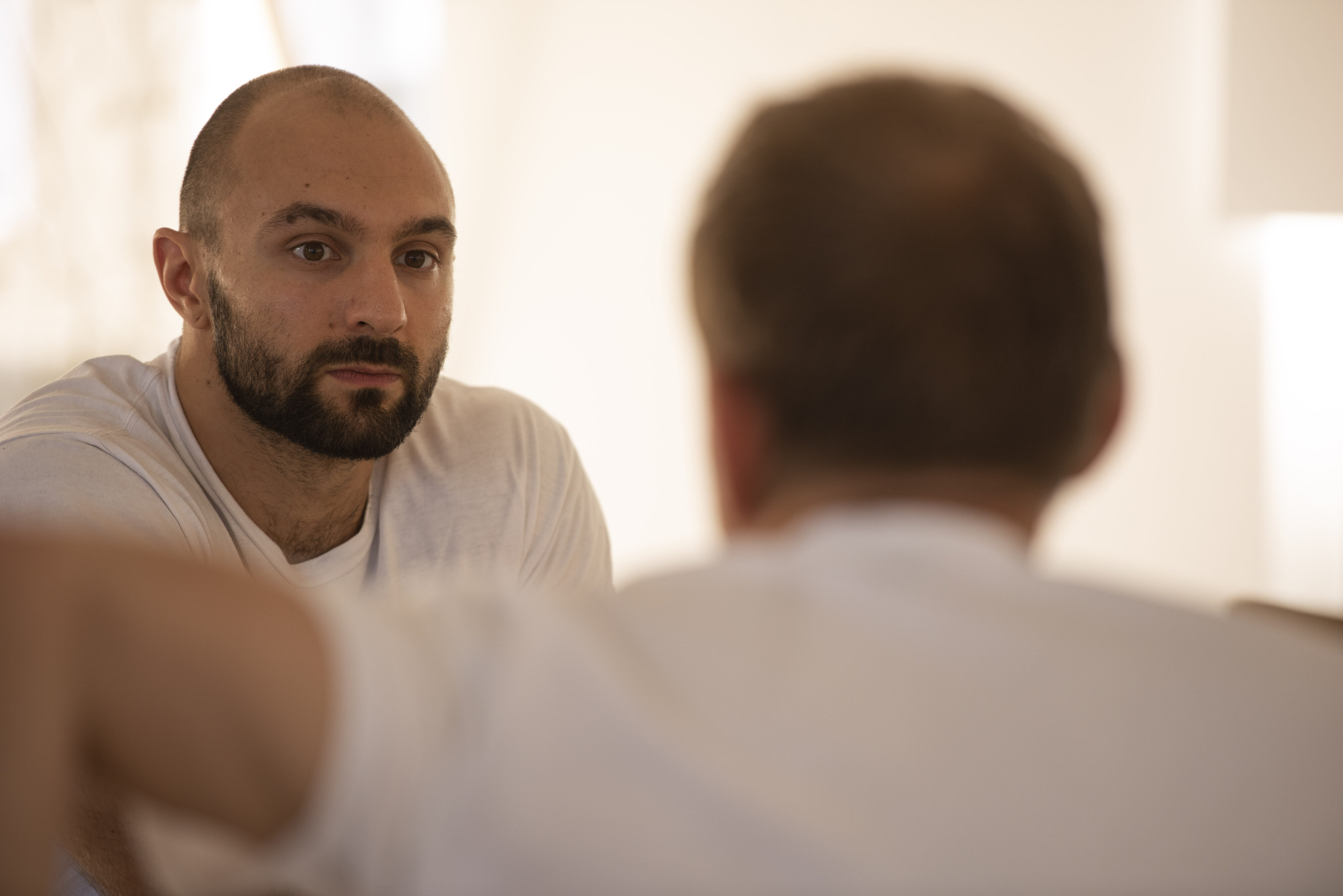
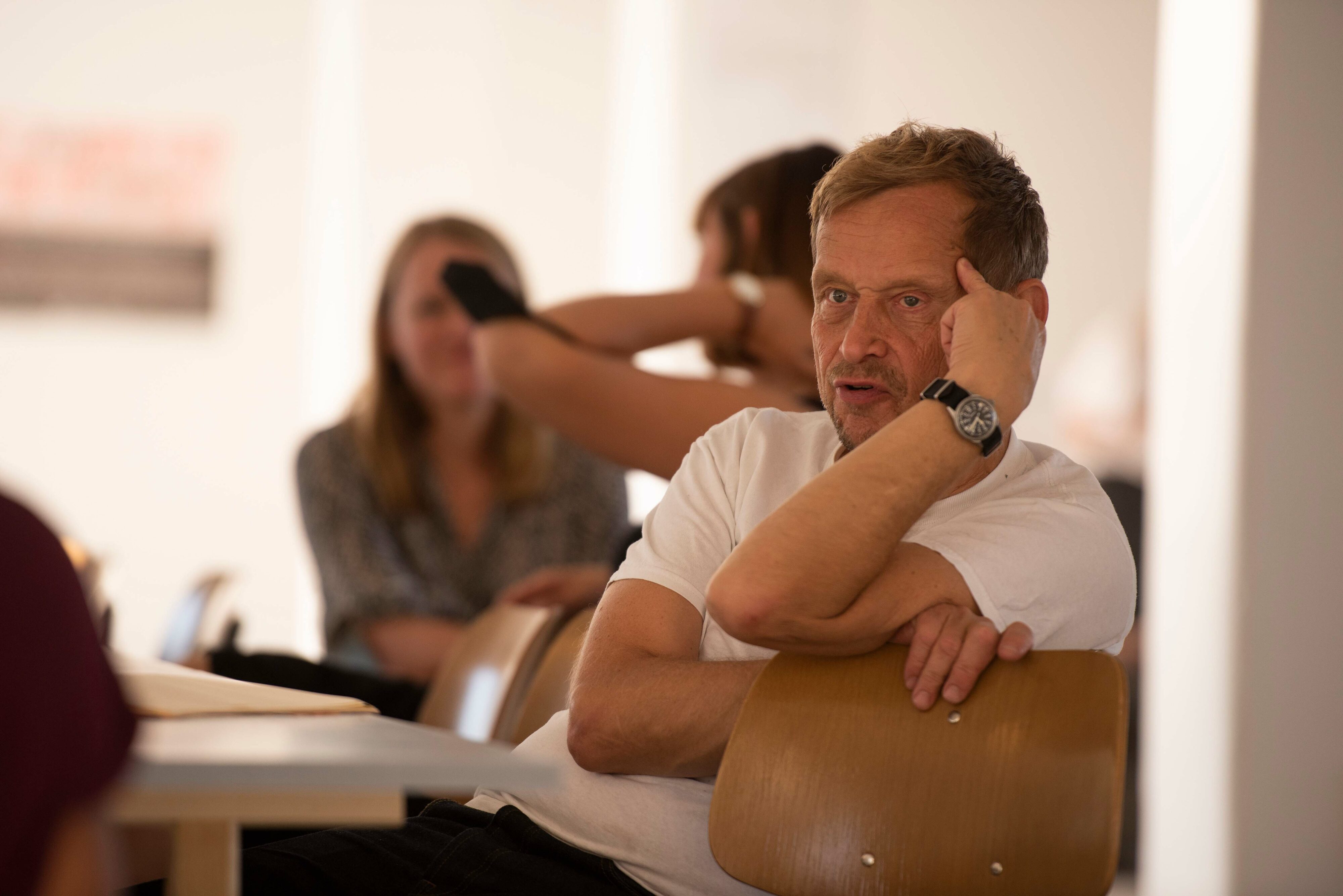
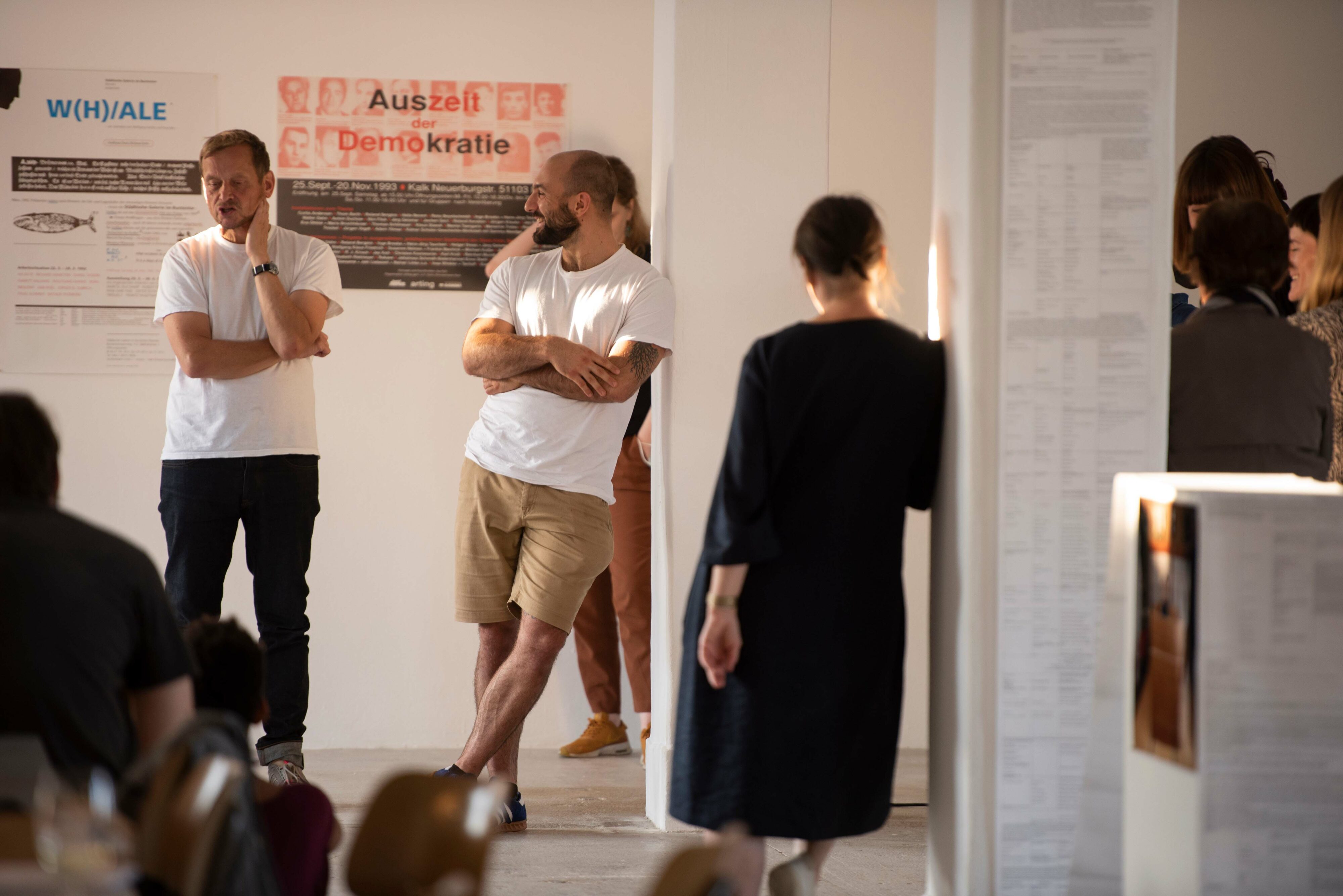
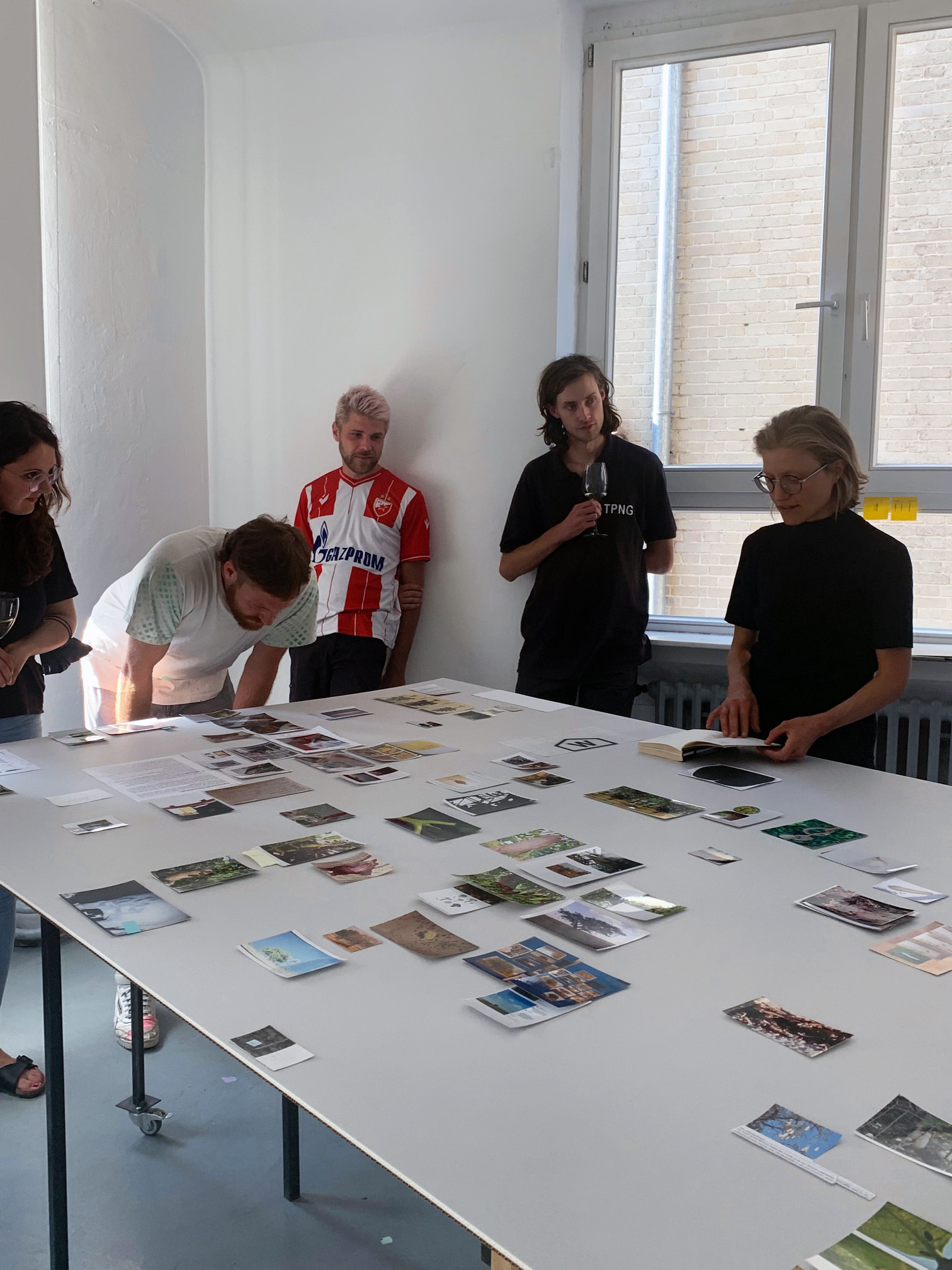
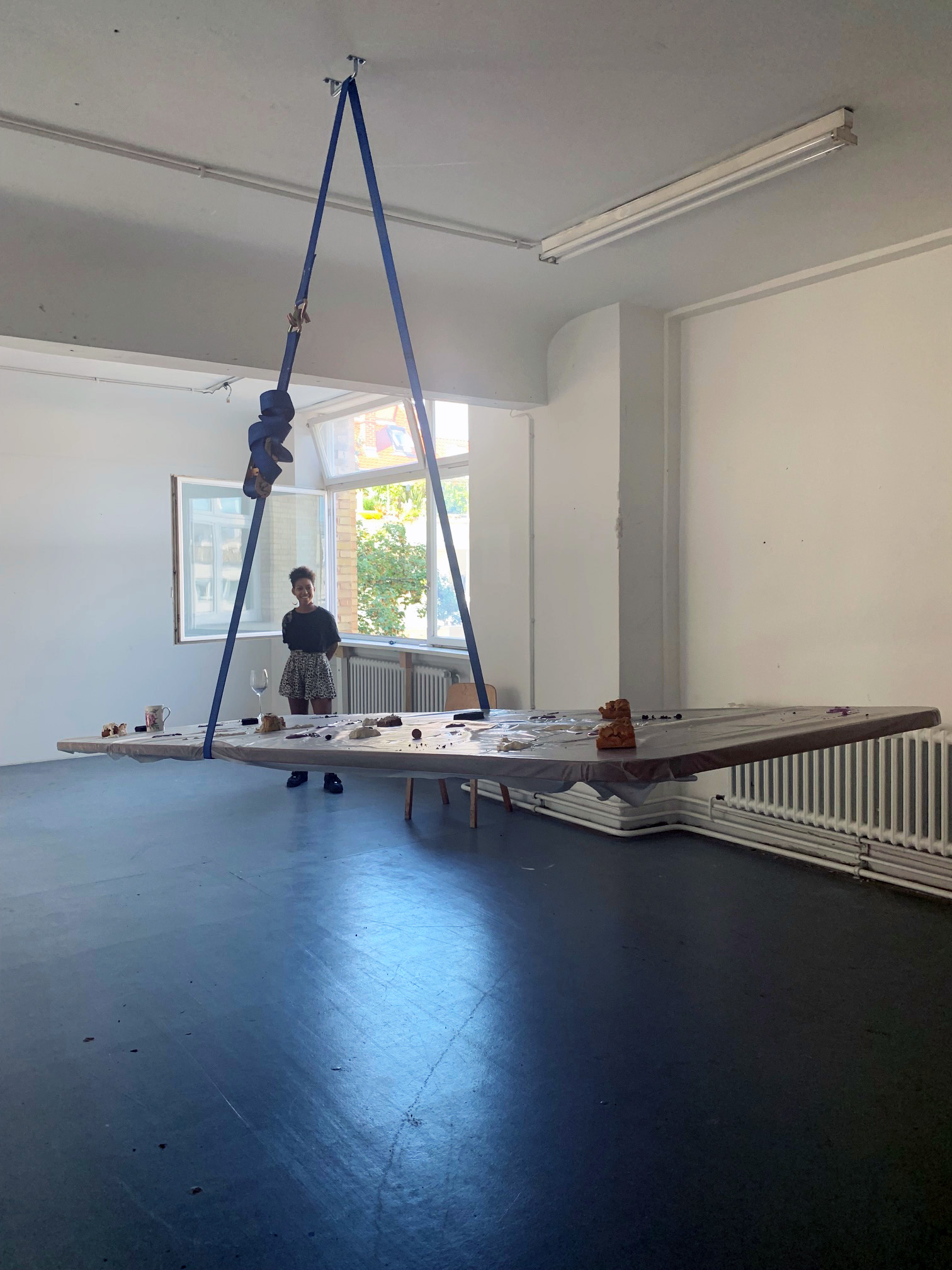
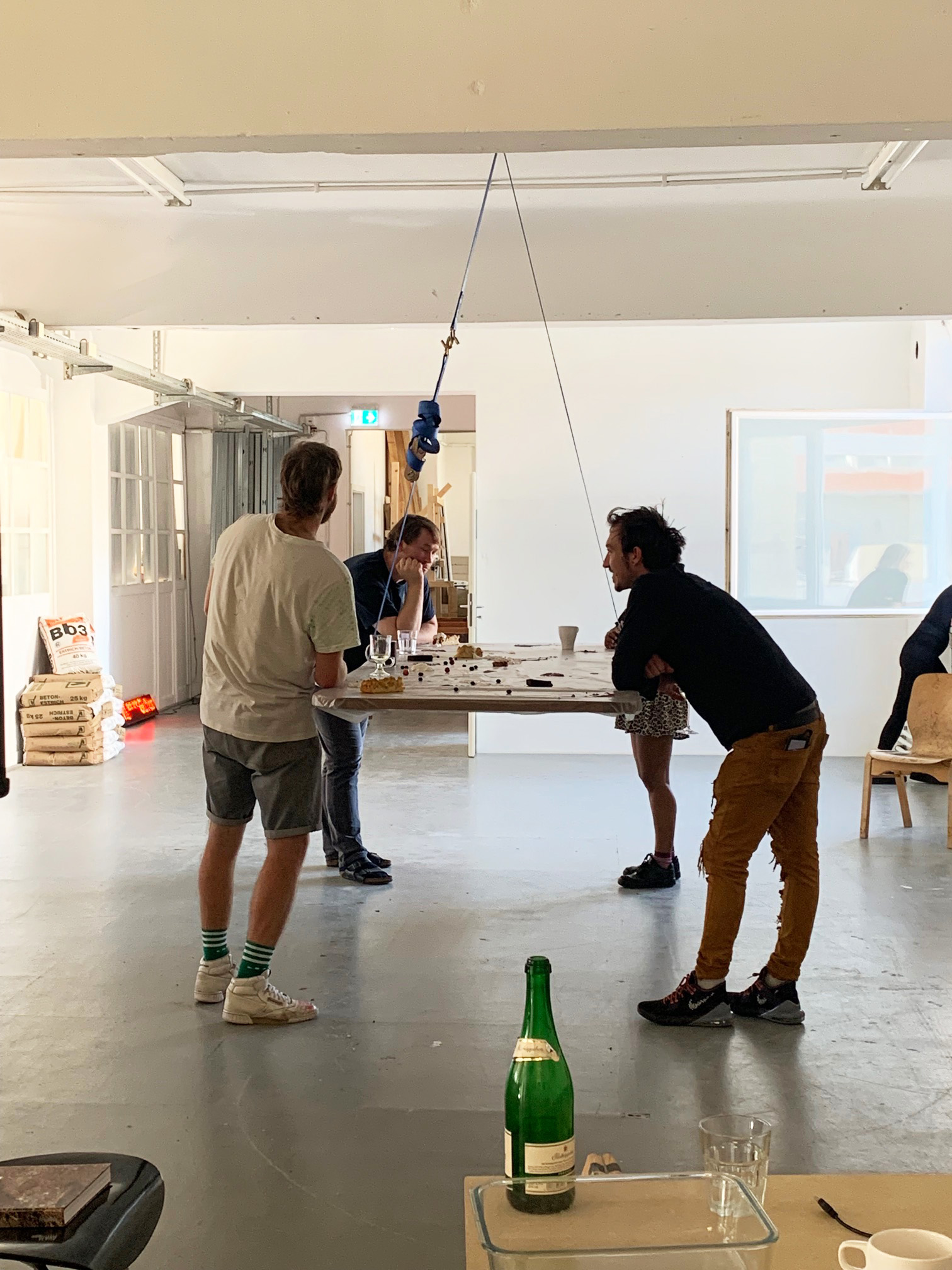


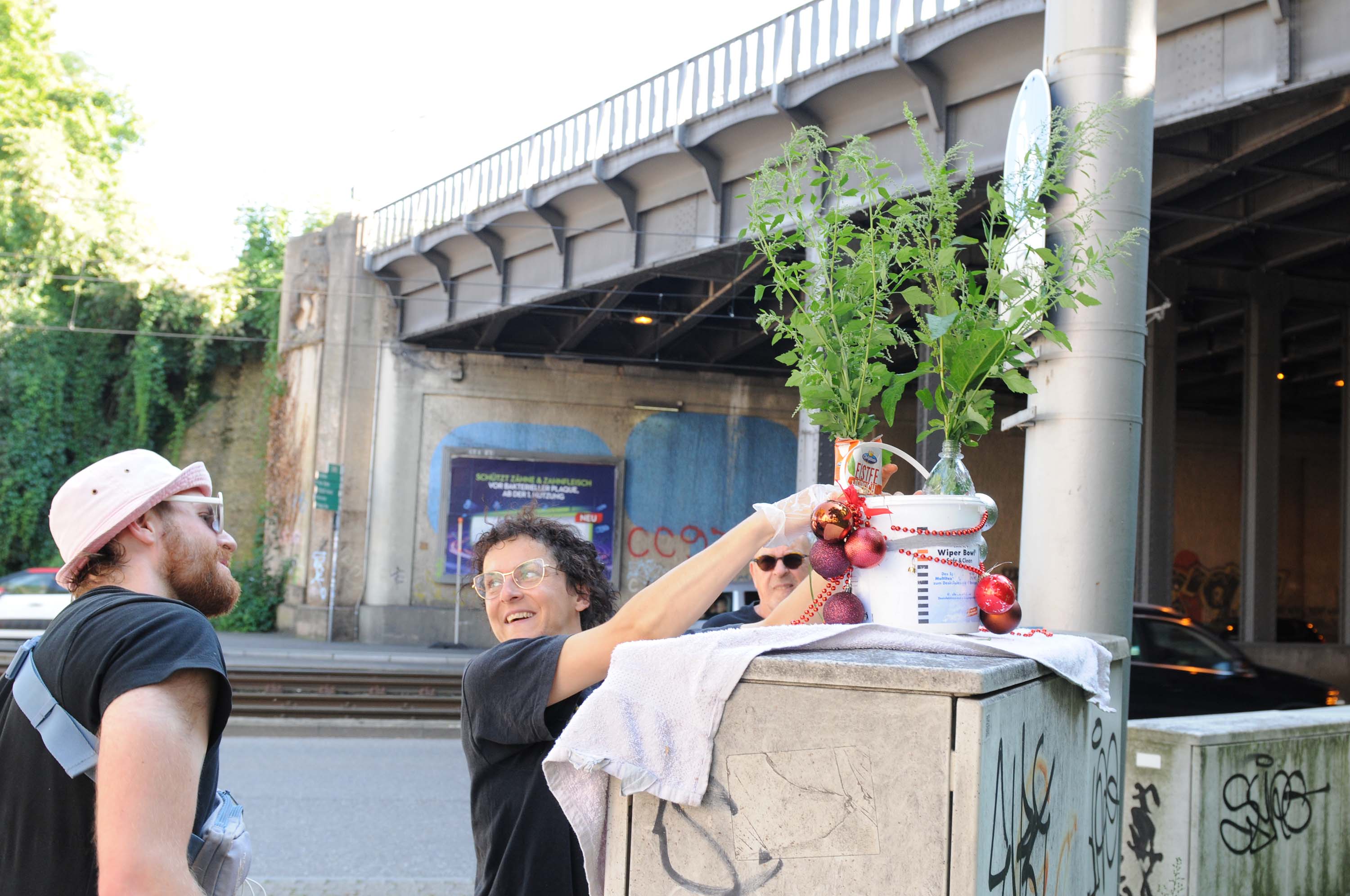

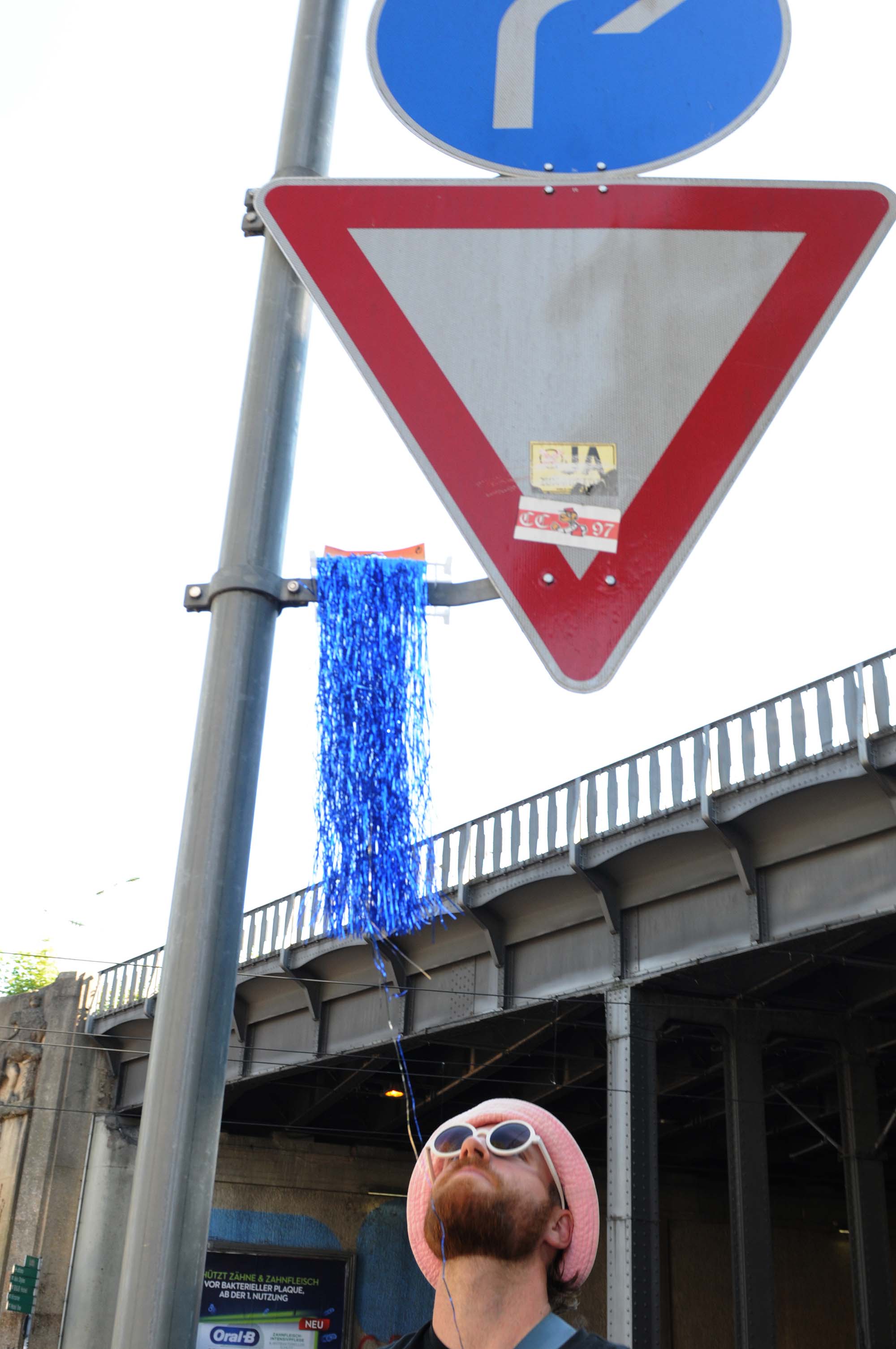
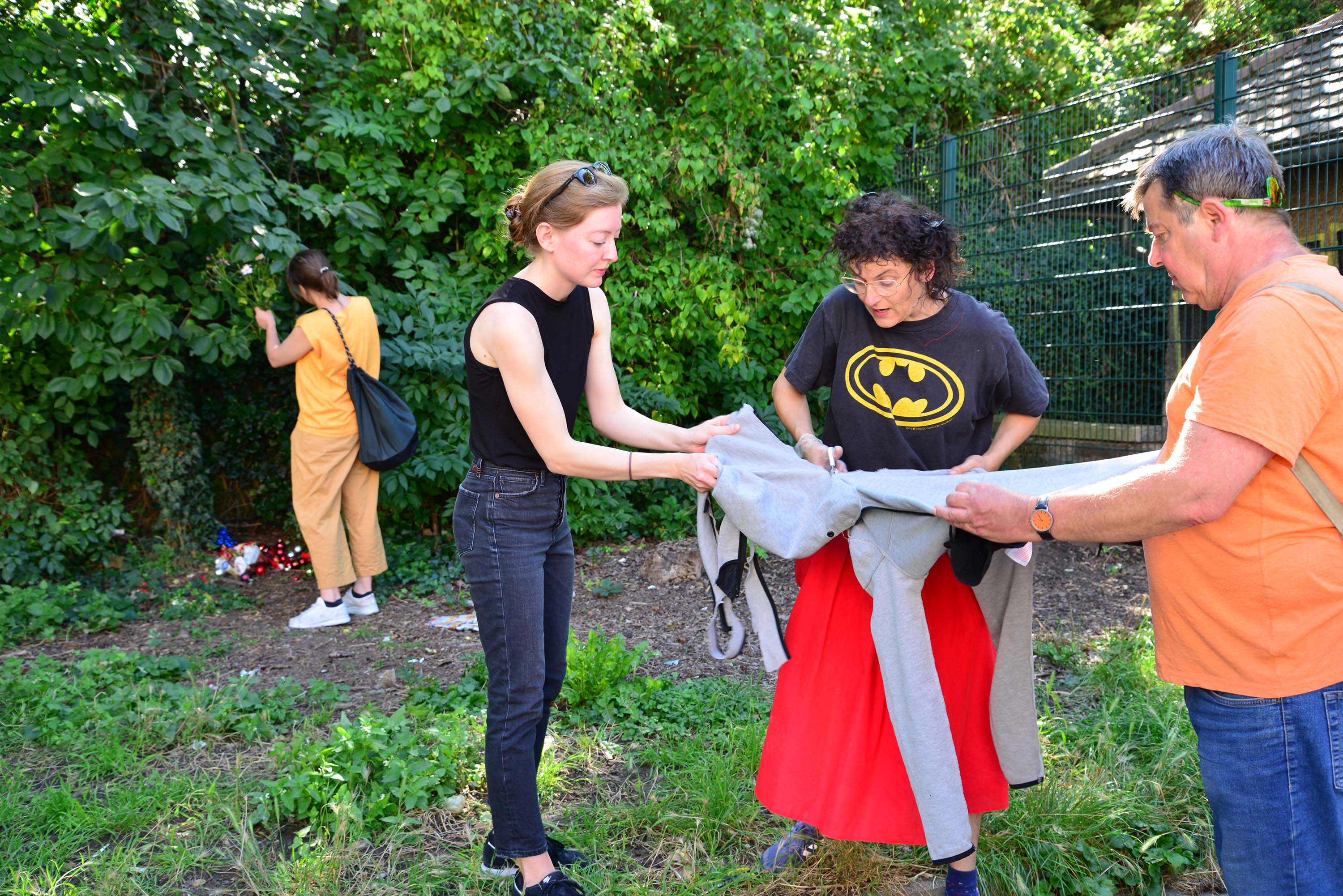

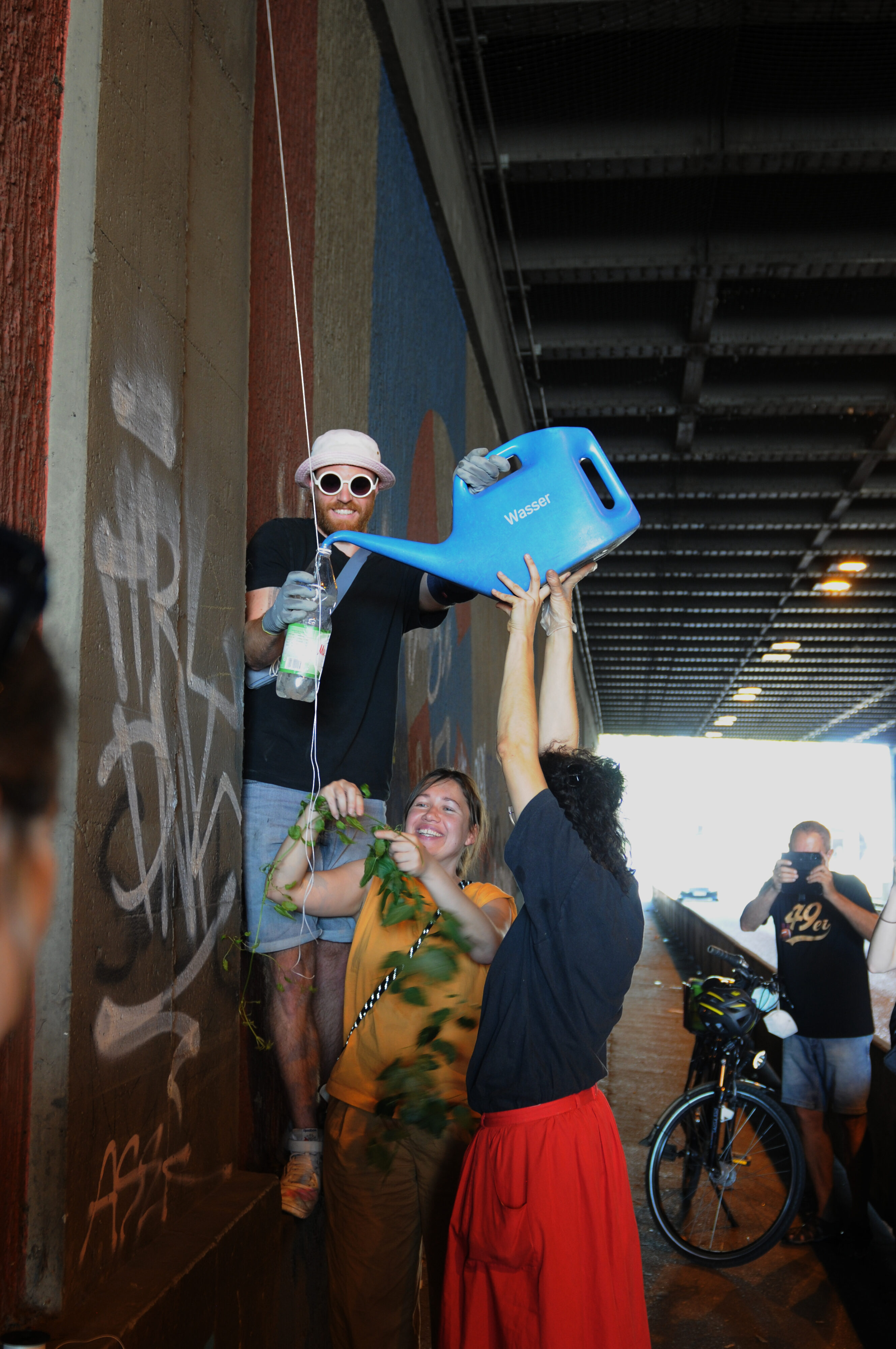

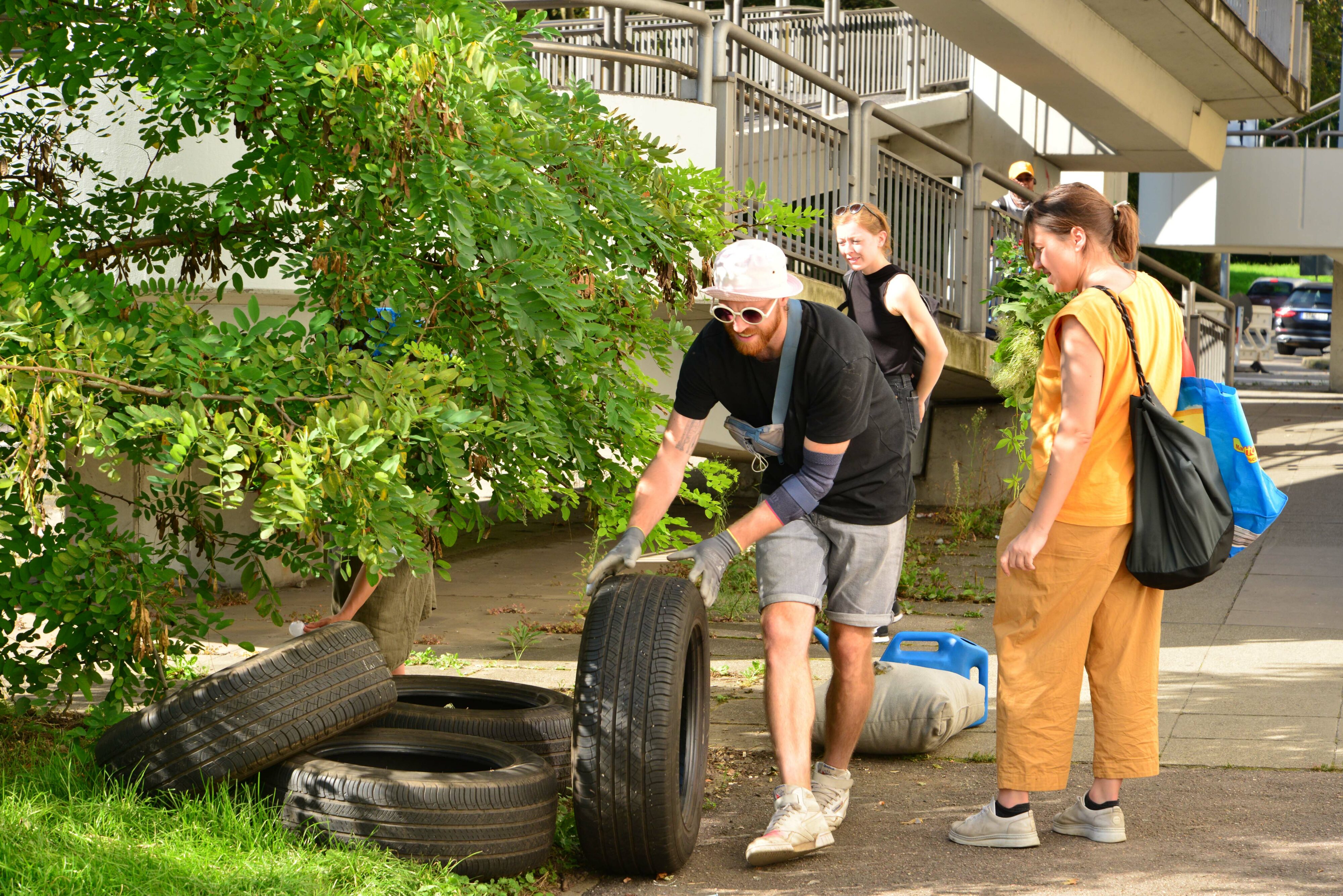
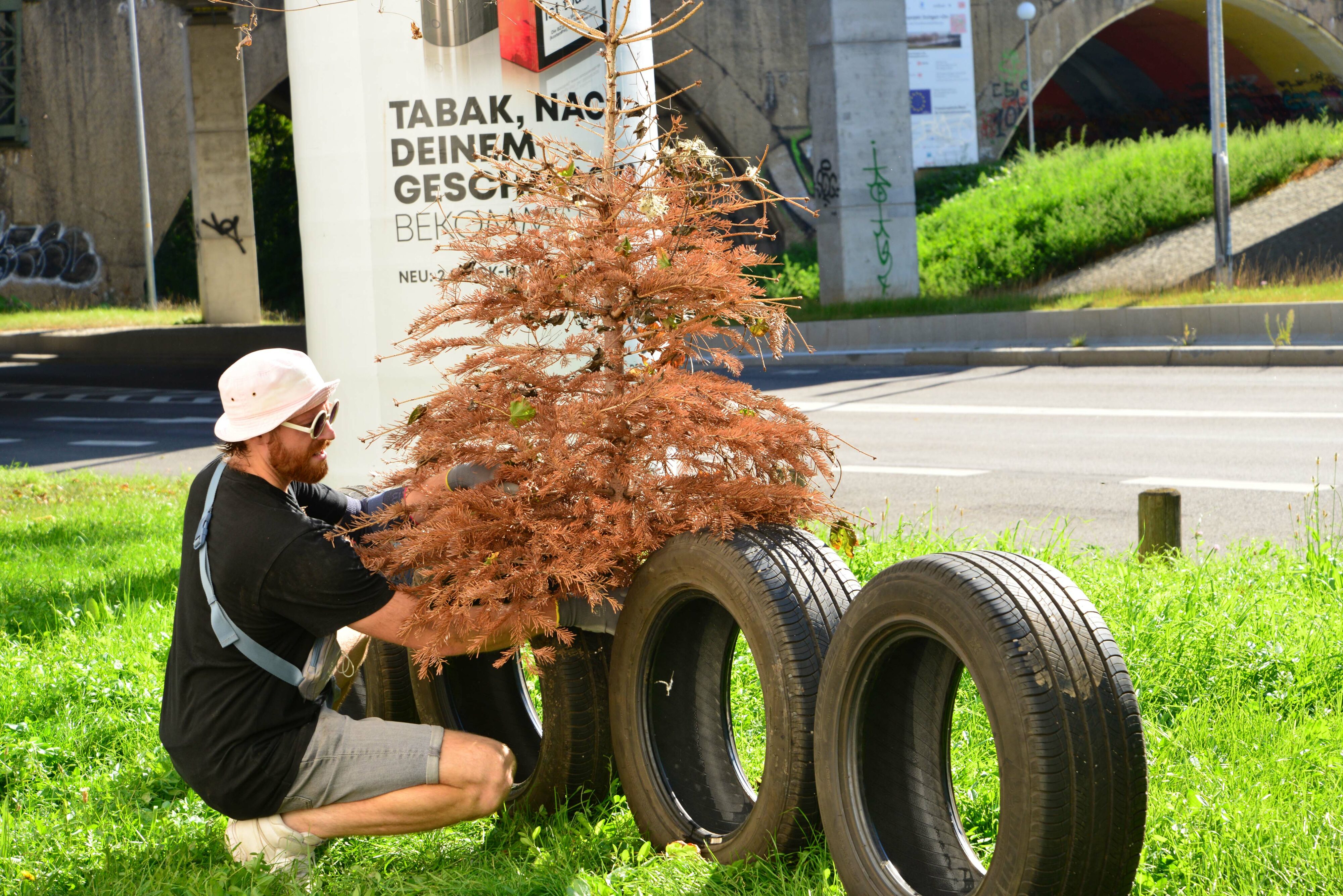
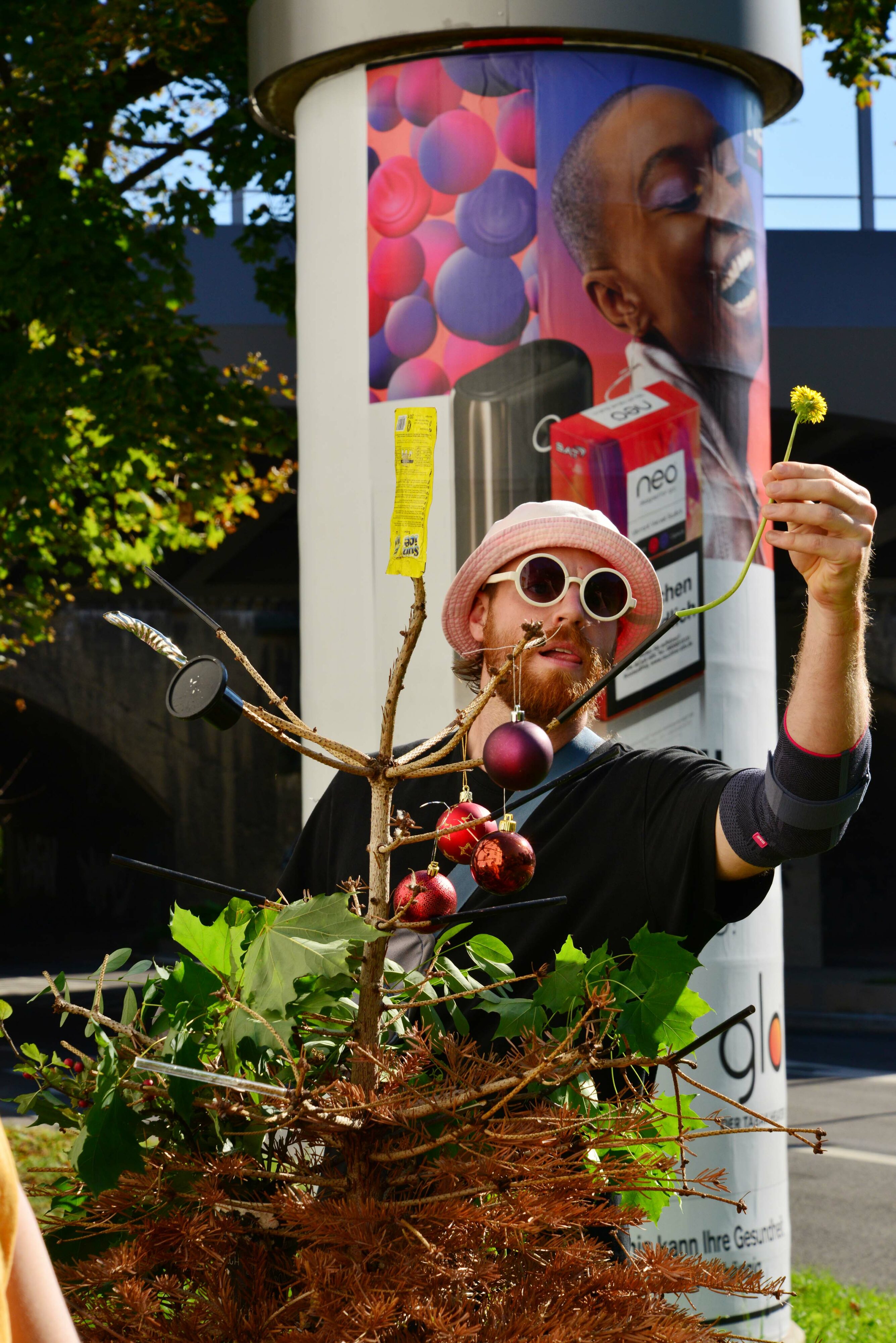

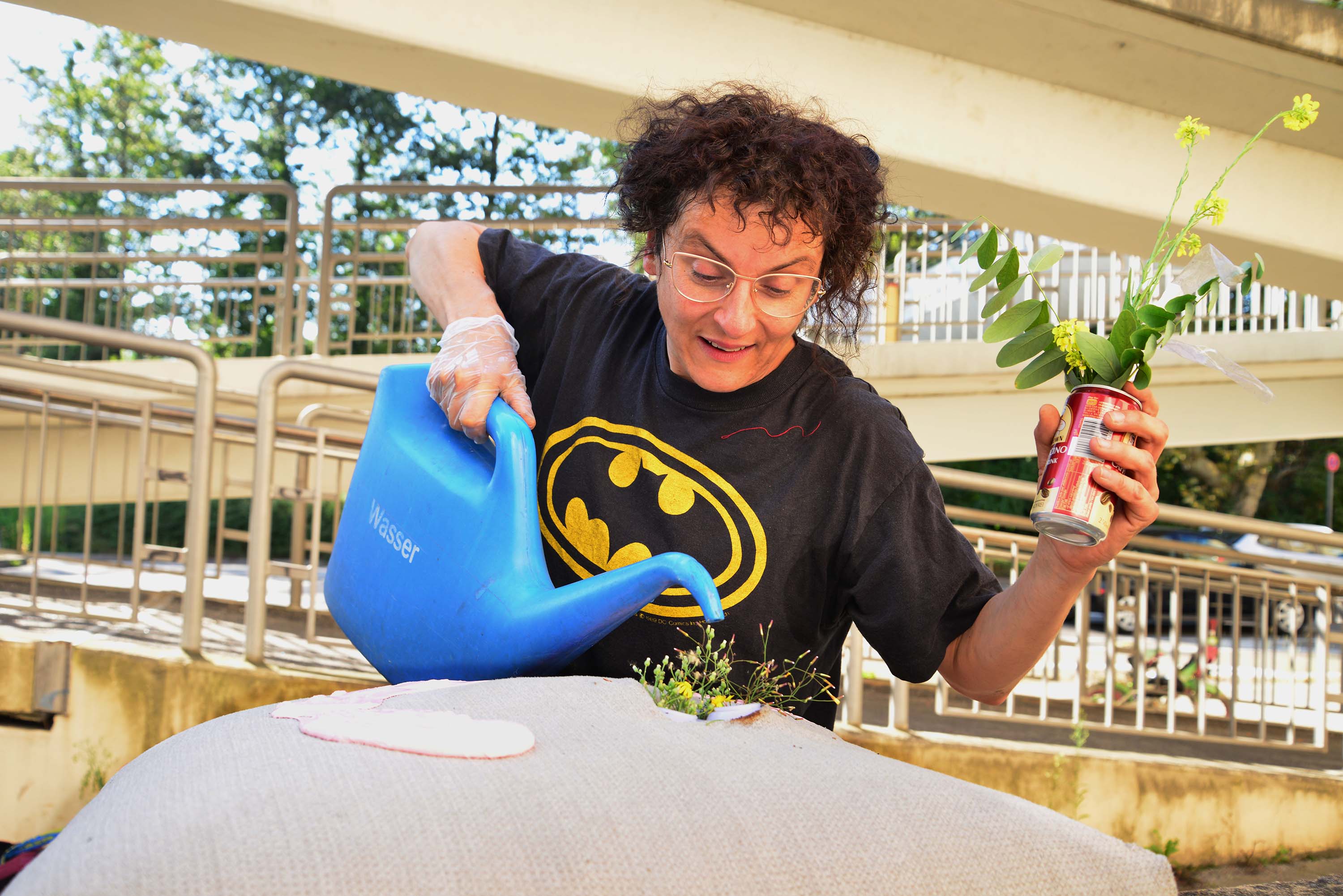

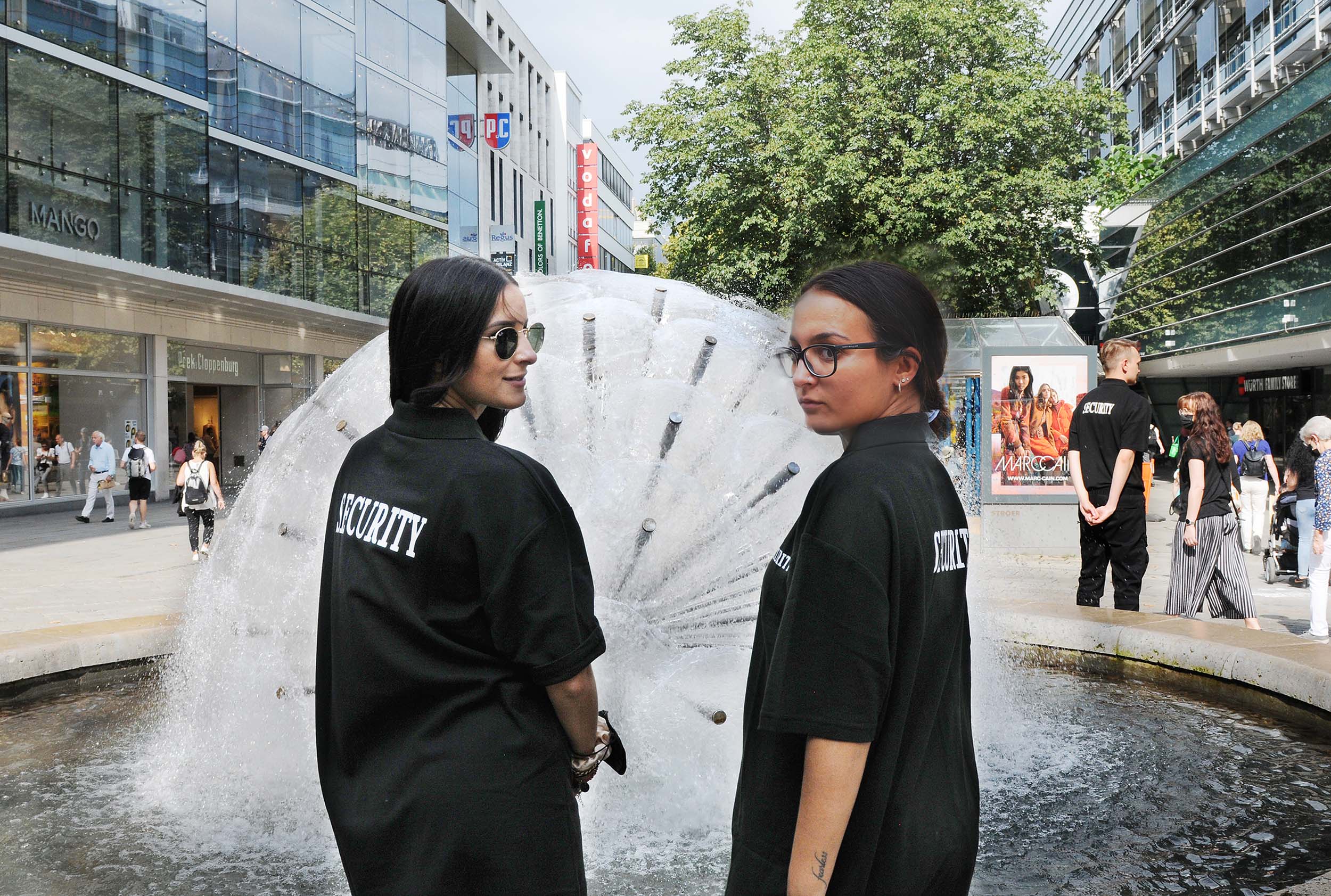
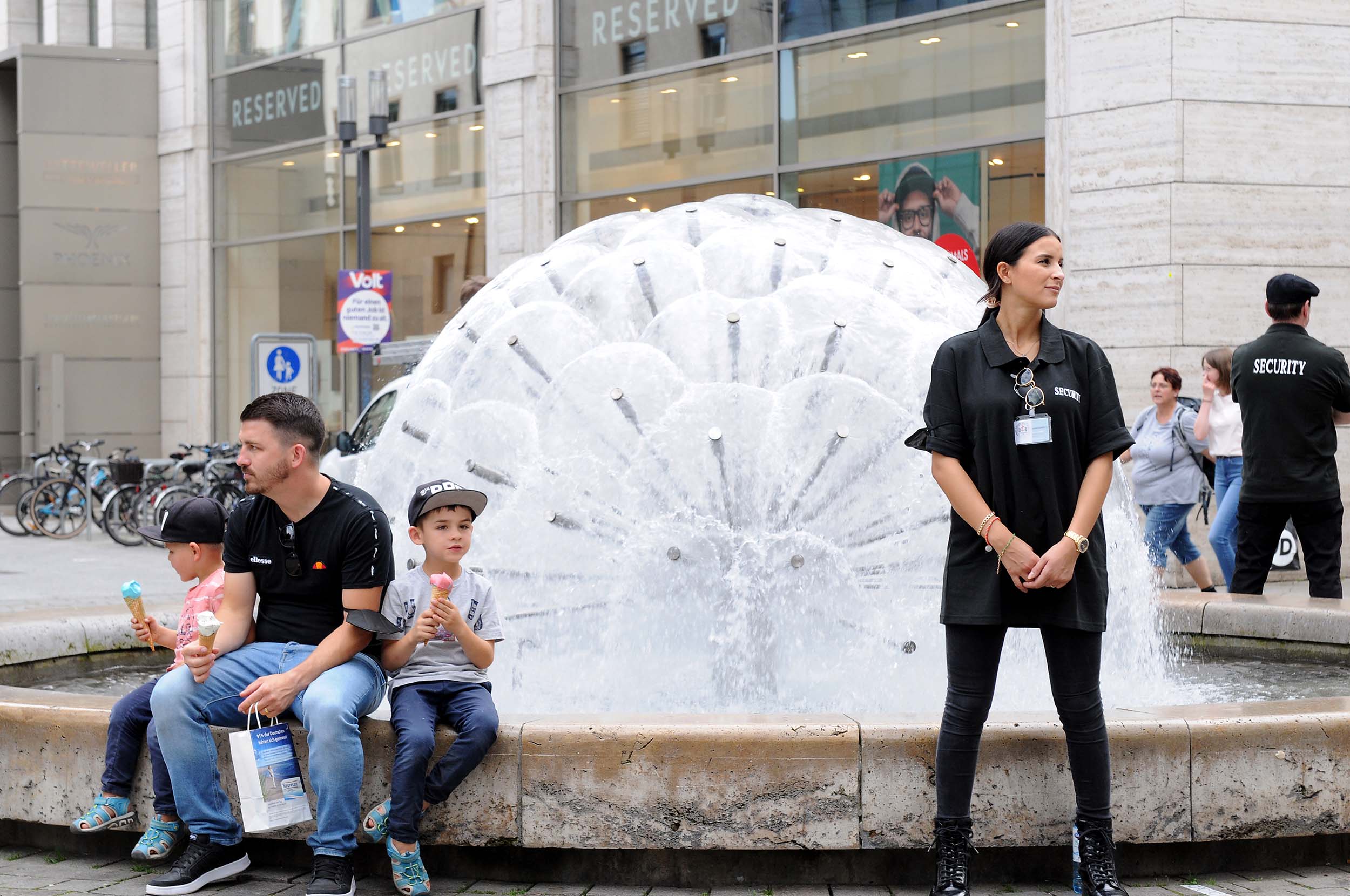
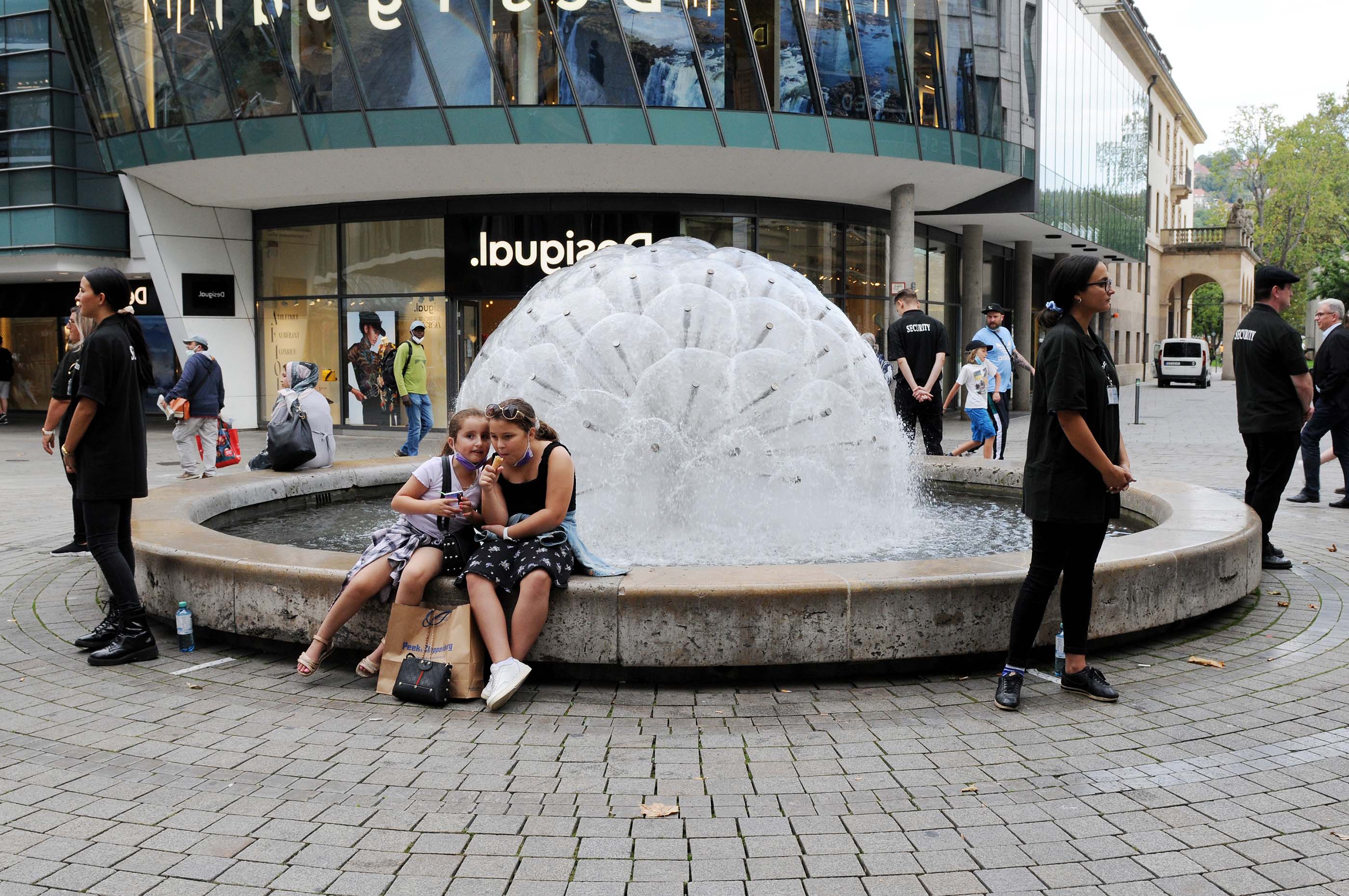


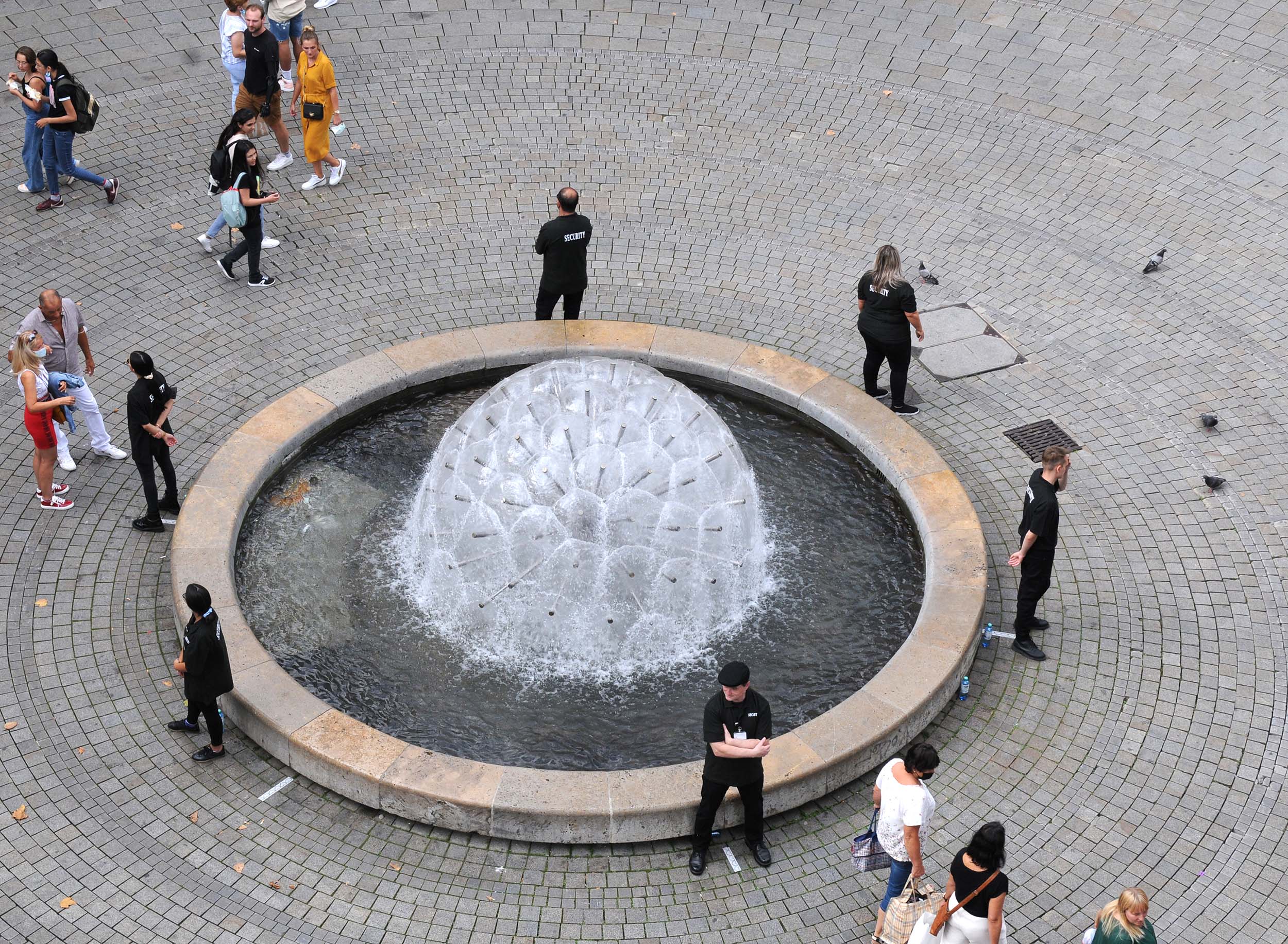
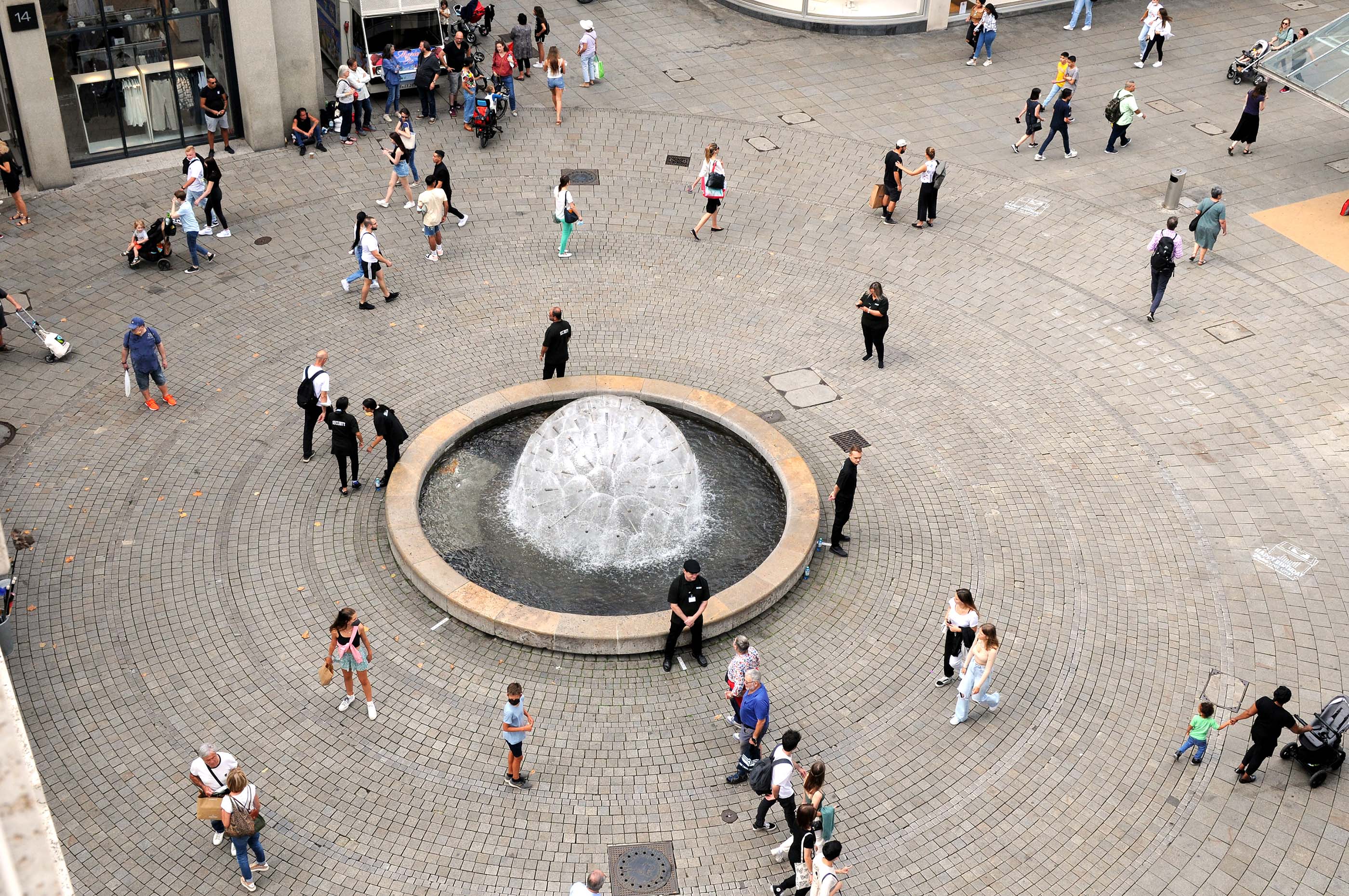

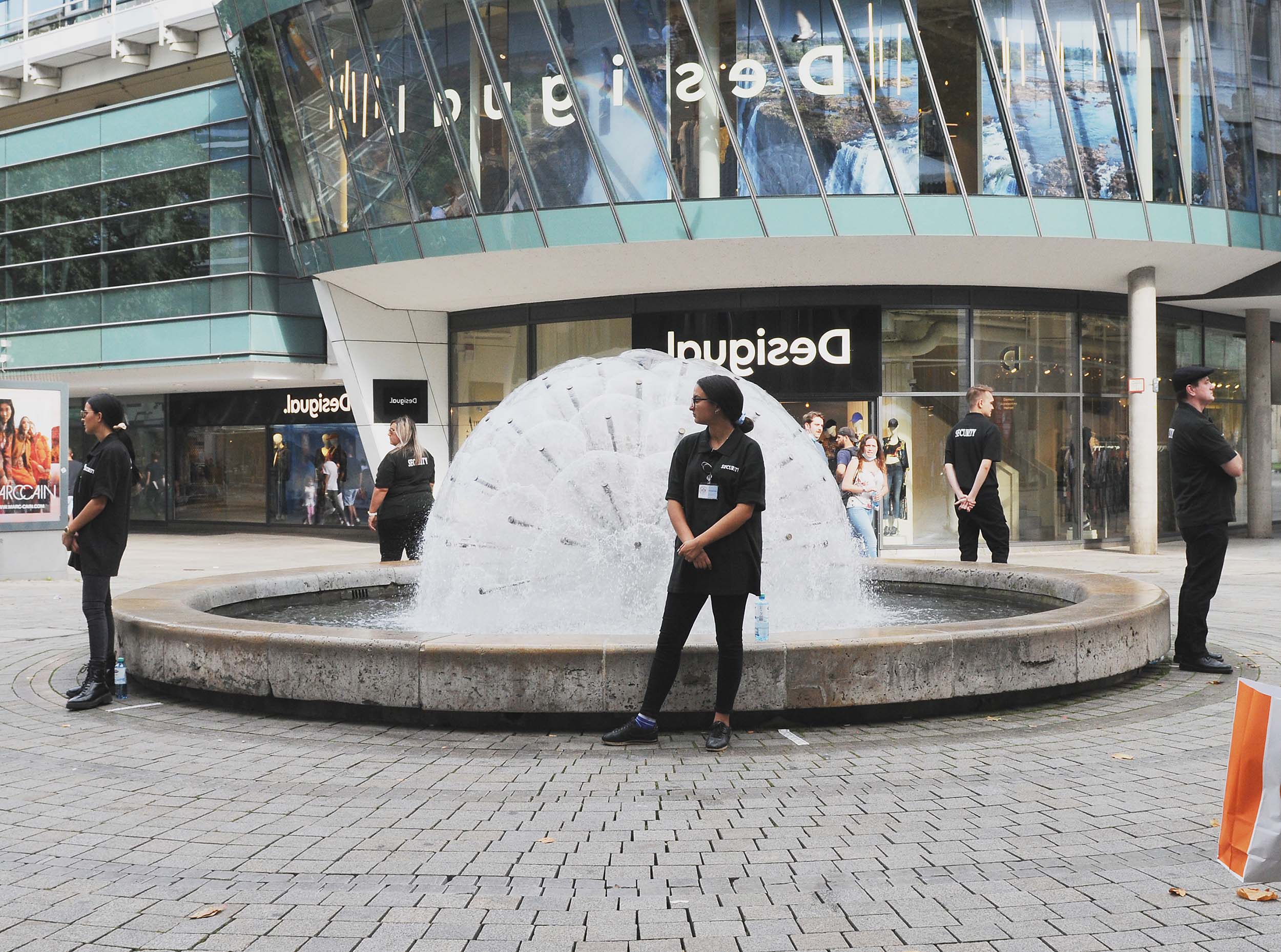
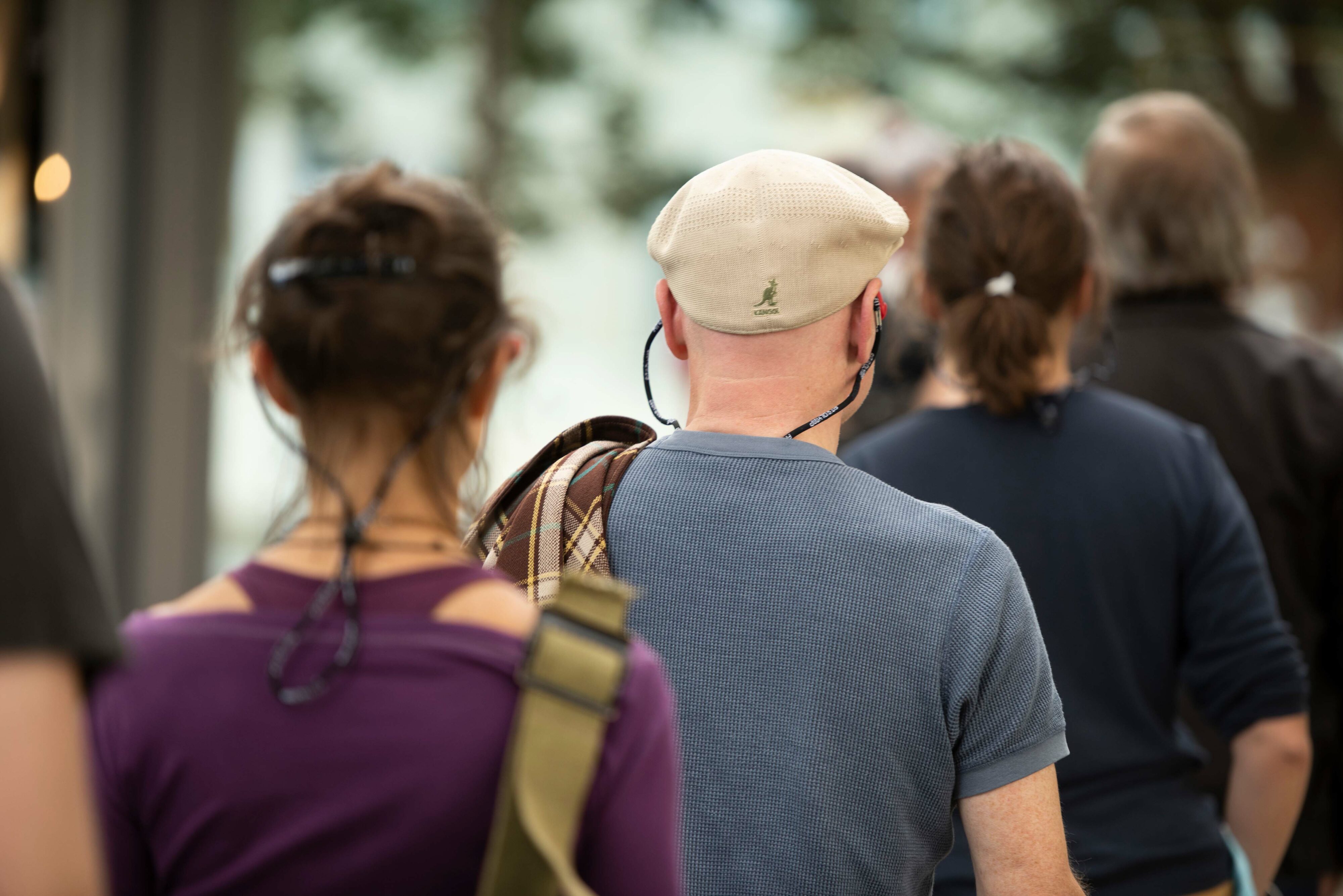
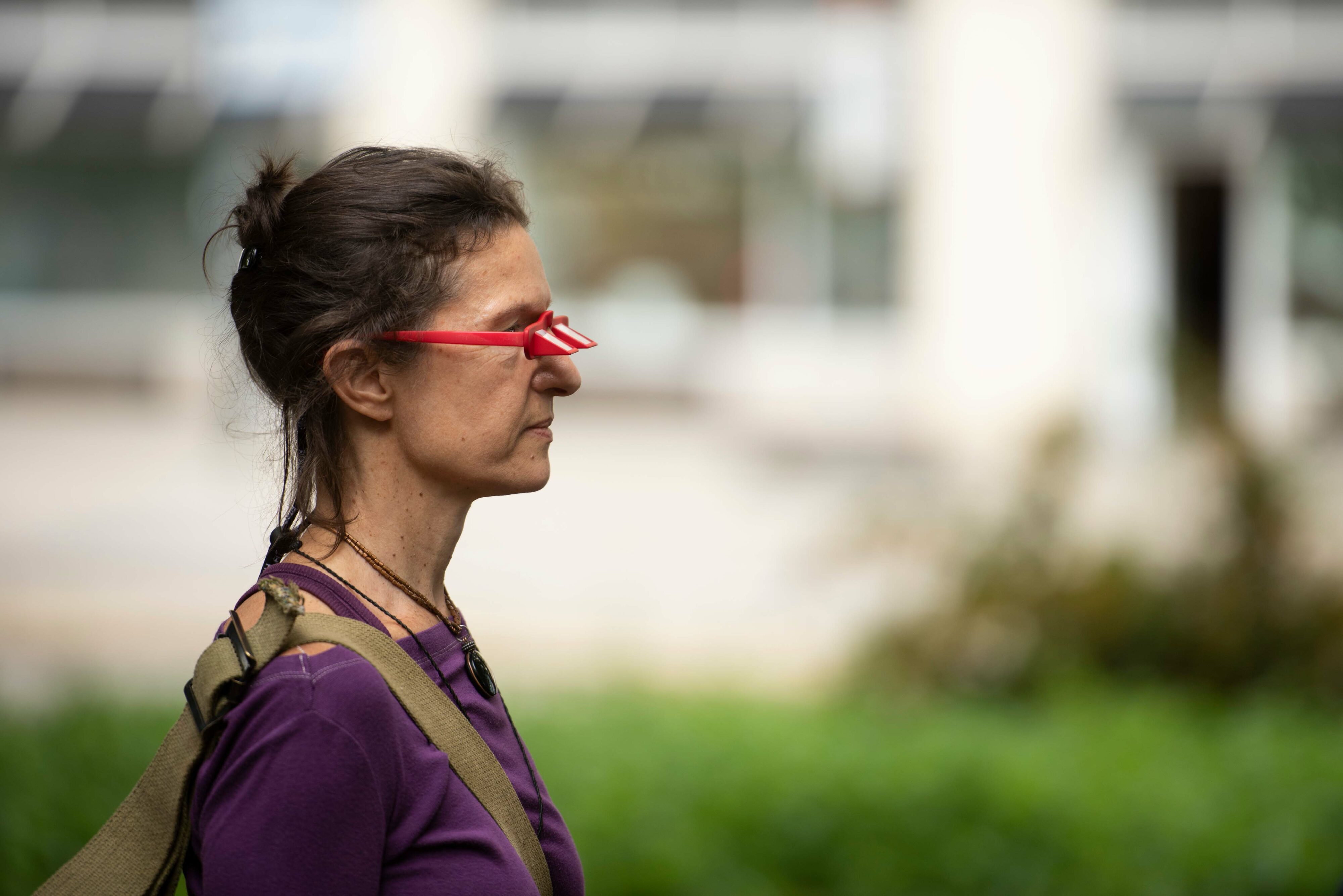
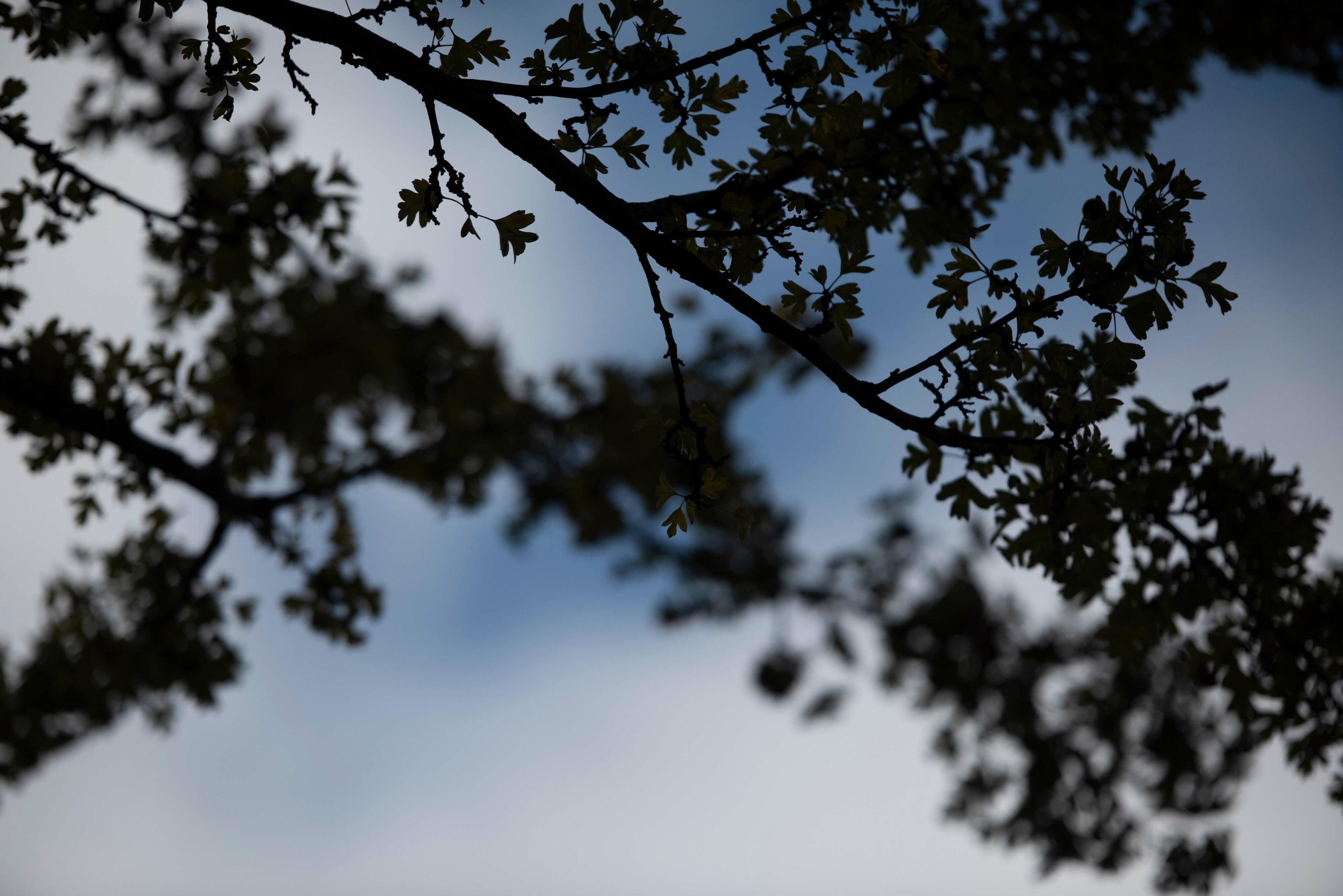

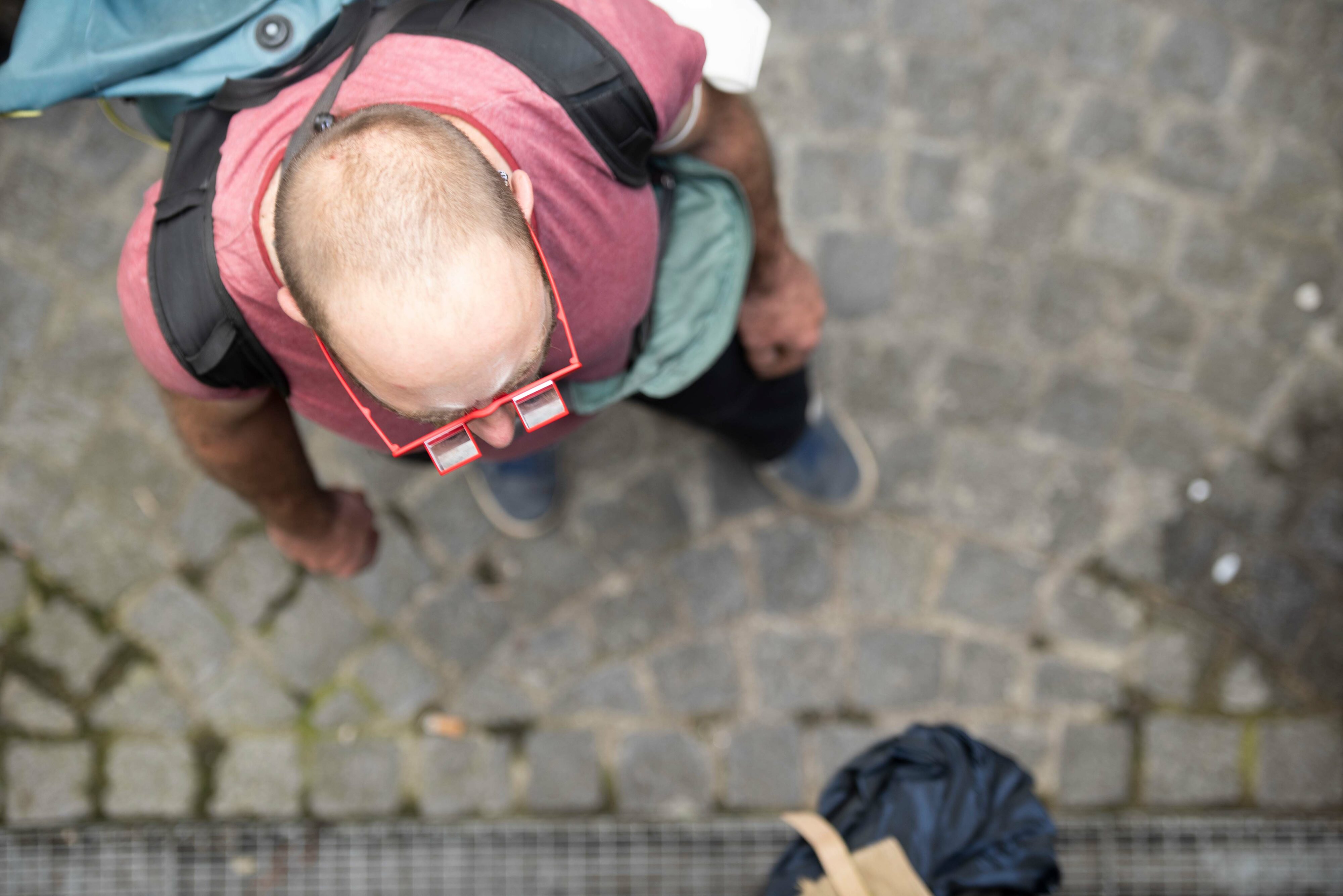

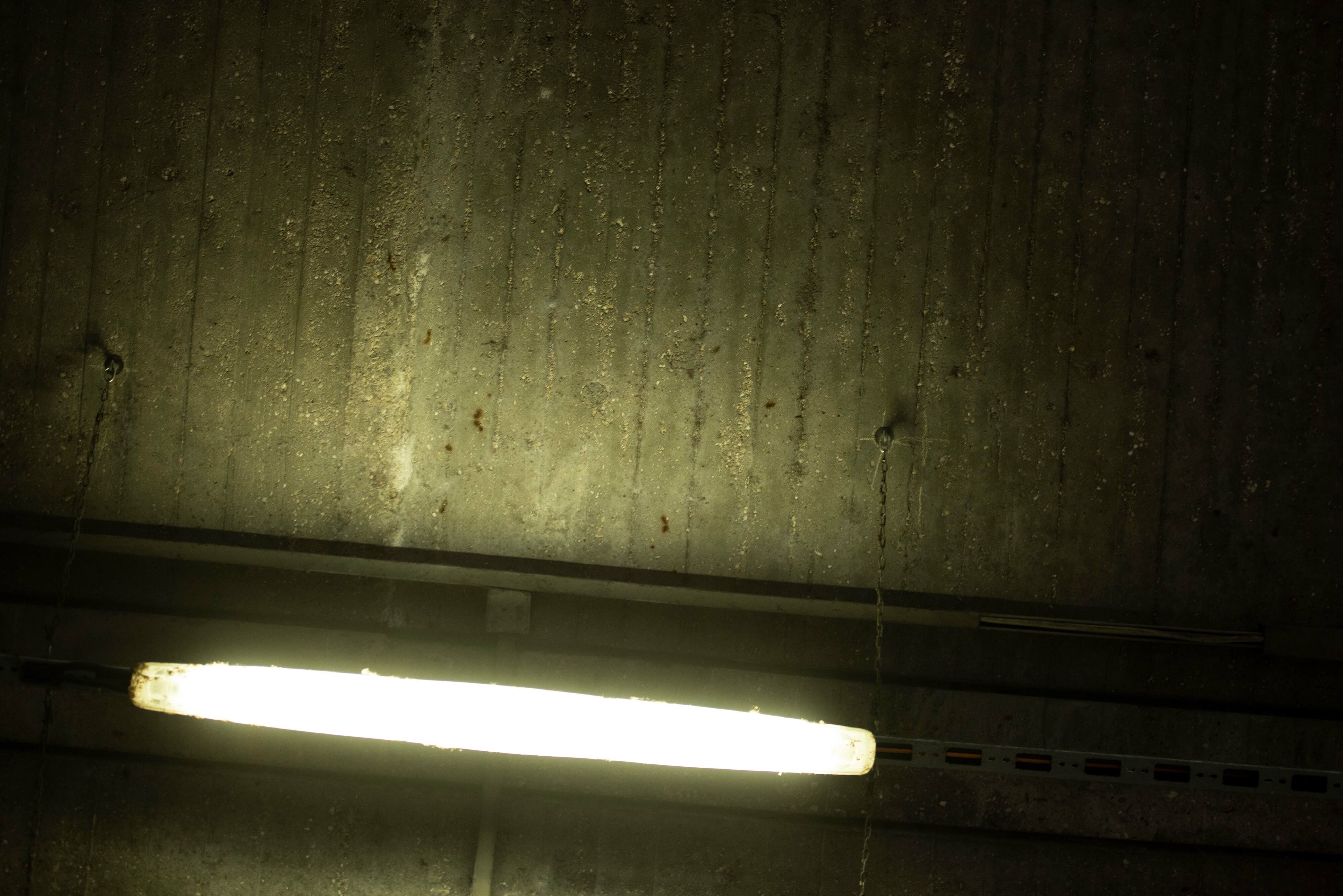
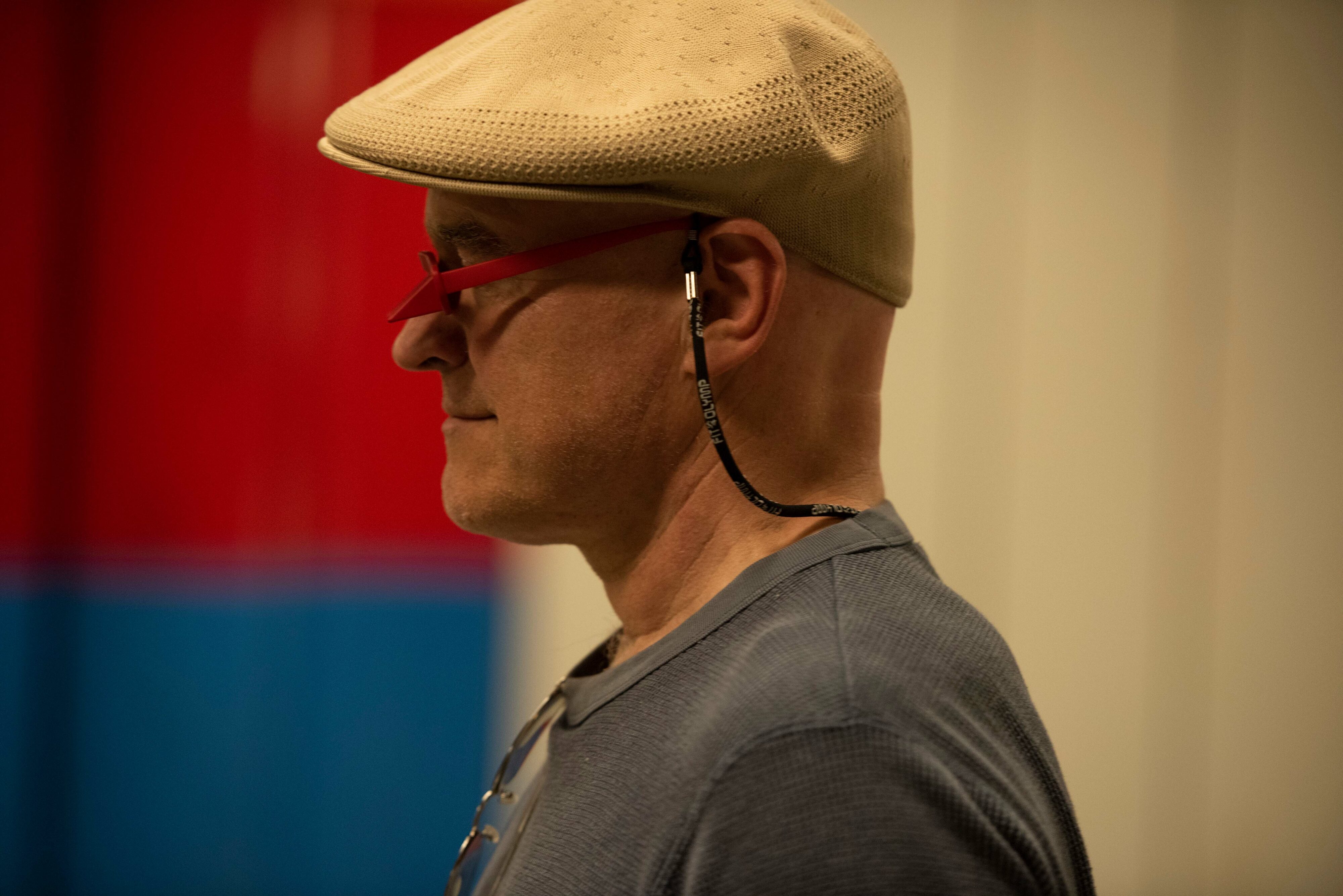
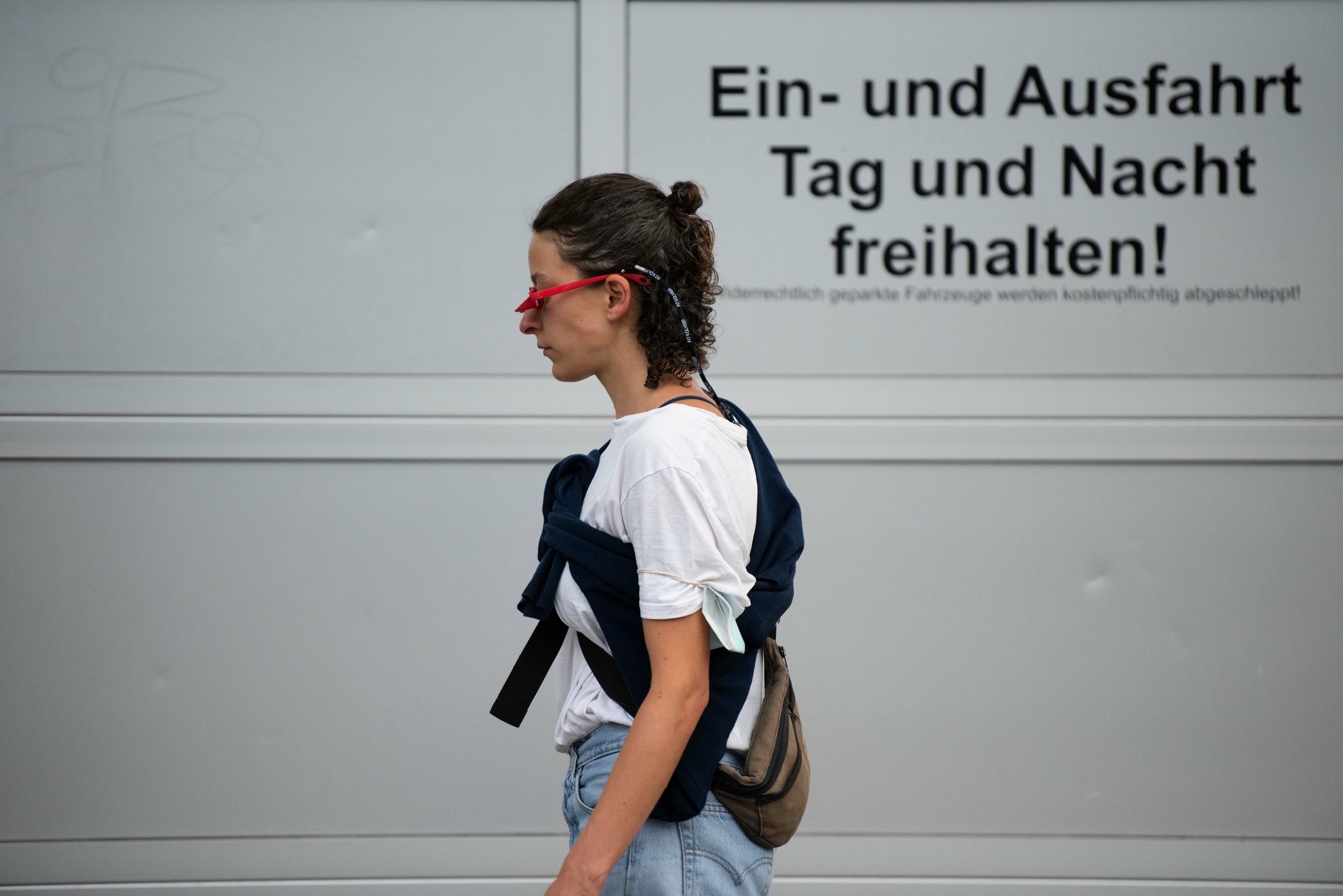
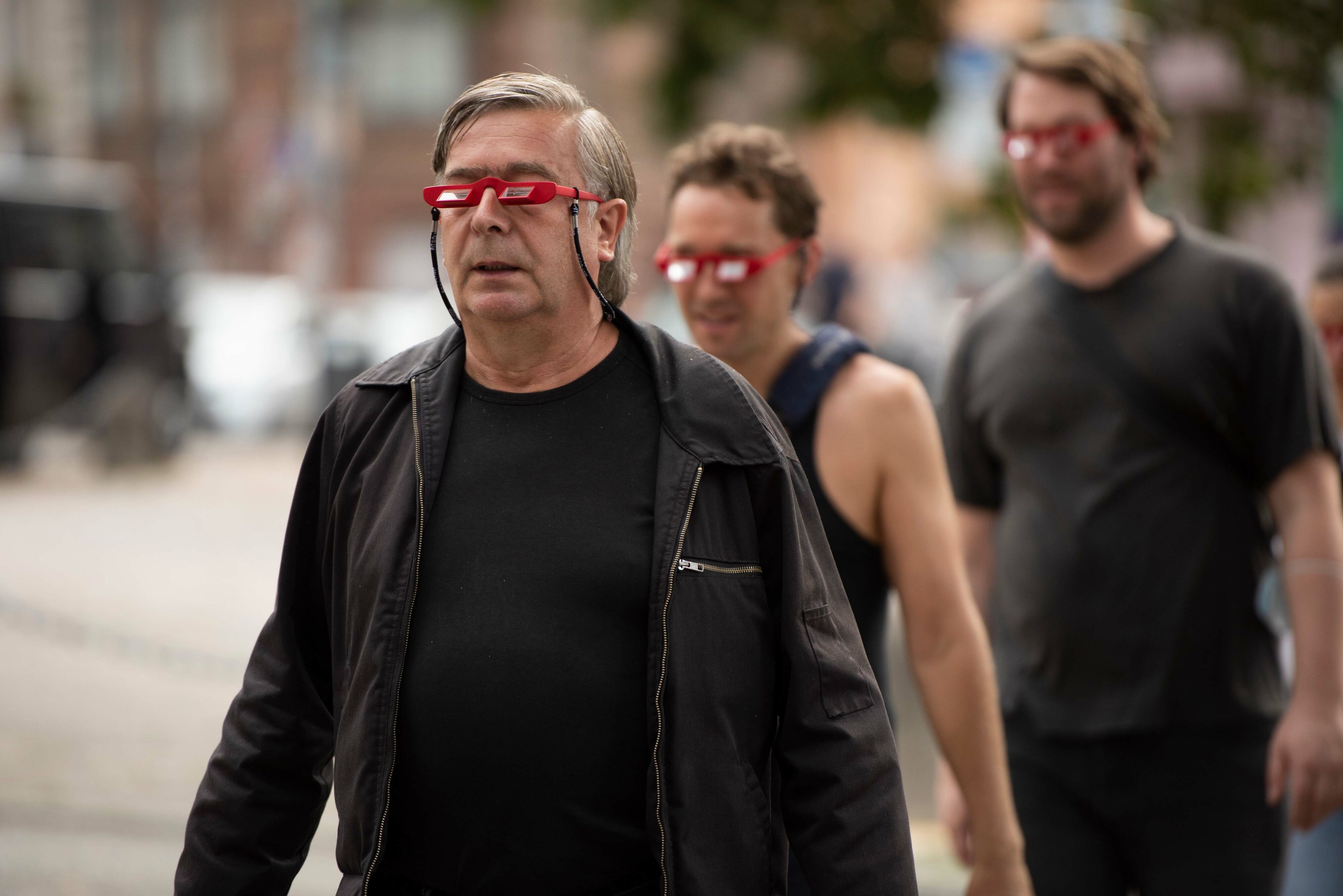
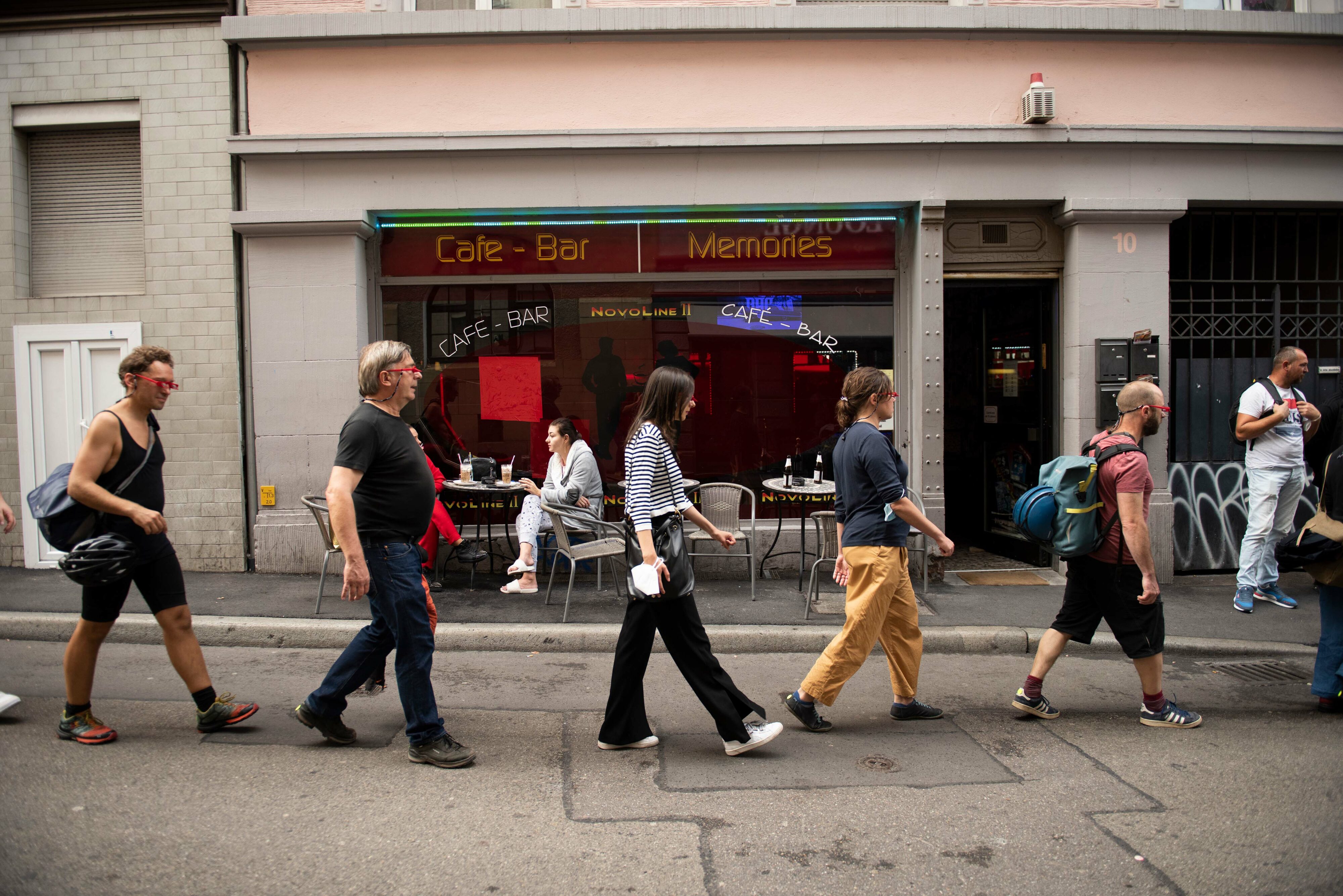
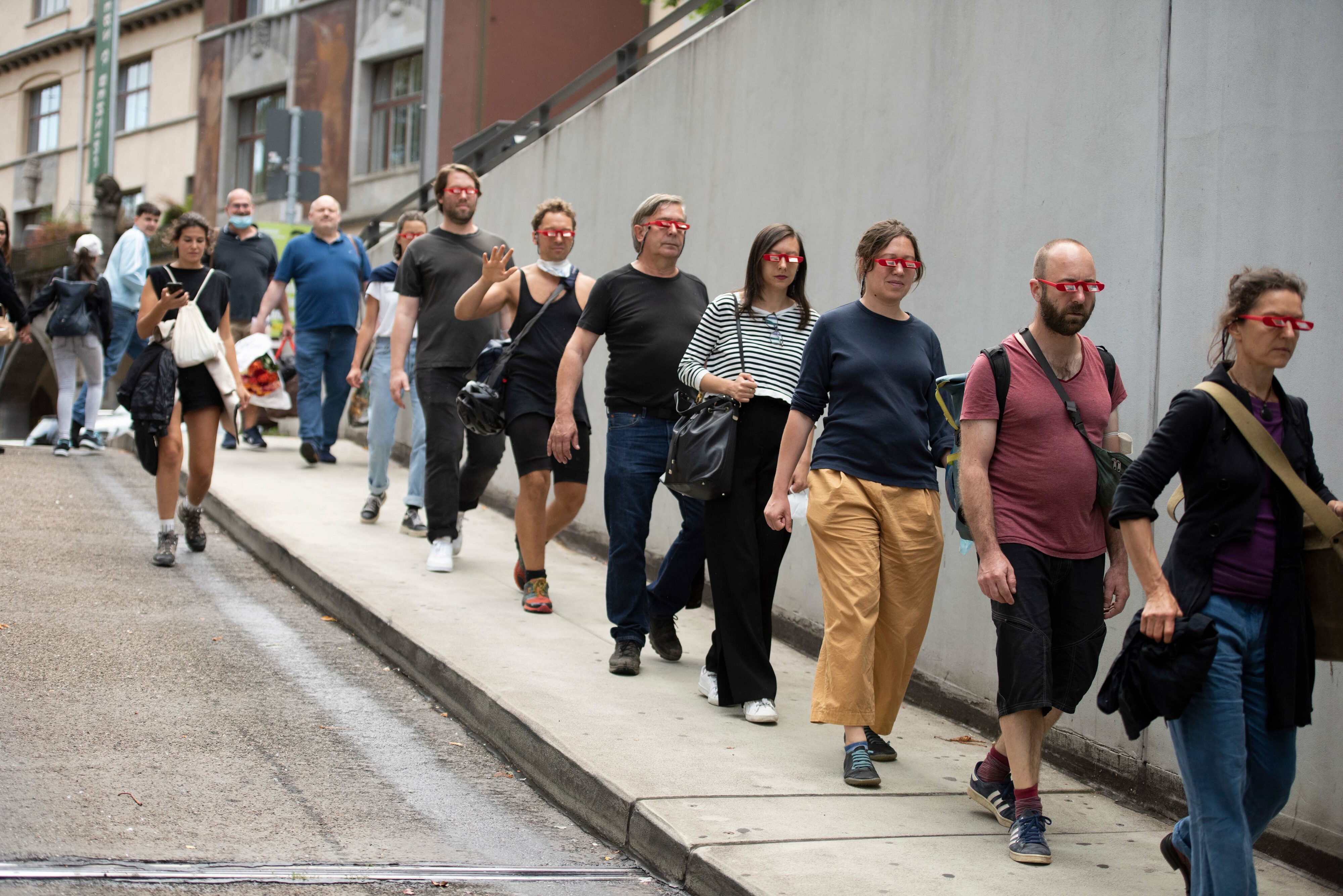
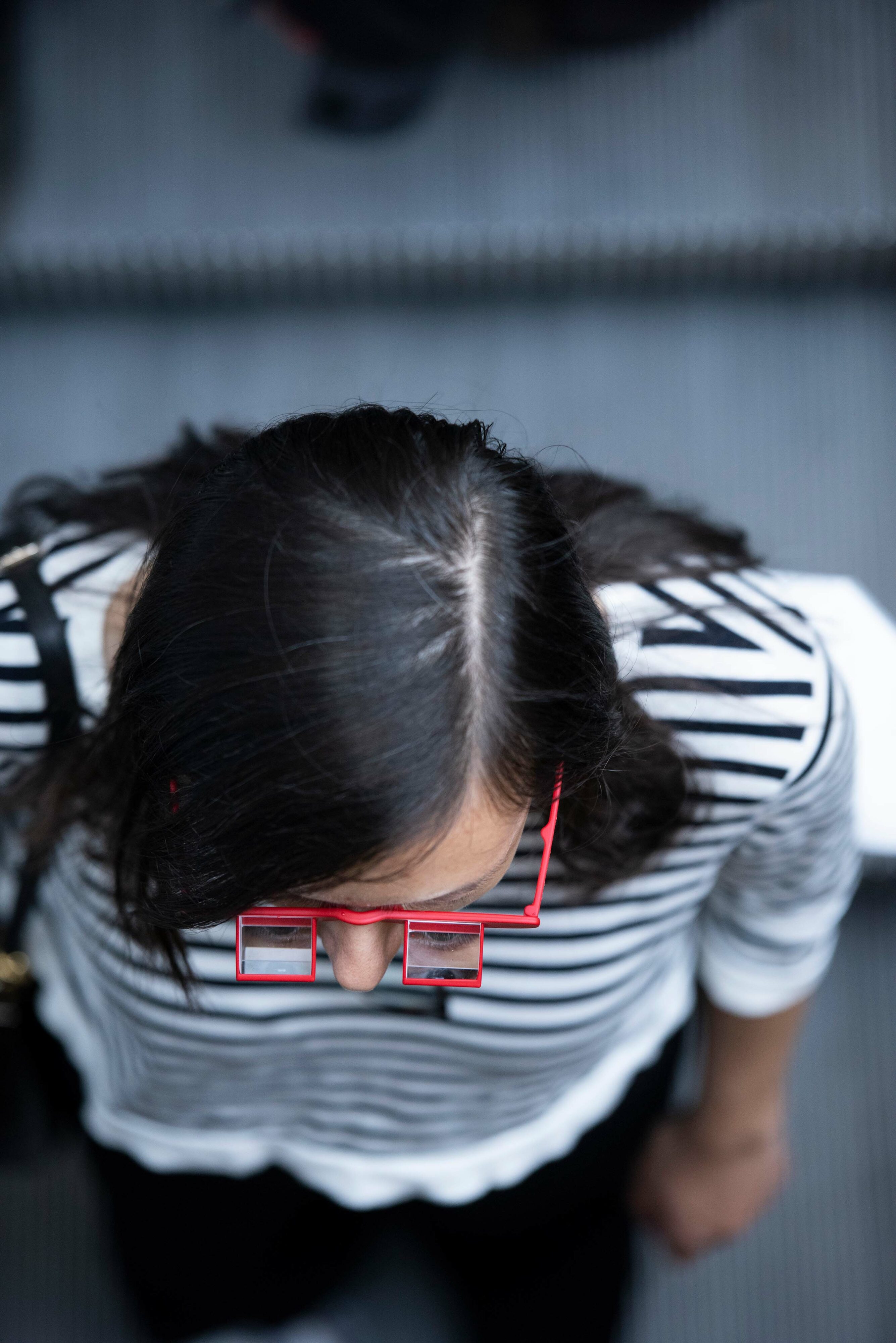


je ralentis ralentissais ralentirai –
Lena Meinhardt and Eva Dörr show current works in the studio floor of the Künstlerhaus Stuttgart. There will be different stands of work from the fields of sound and video, experimenting with patterns of time and the sense of time.
Opening hours
Fri. 30.07.21 18.00 – 21.00
Sat. 31.07.21 12.00 – 20.00
Sun 01.08.21 12.00 – 20.00
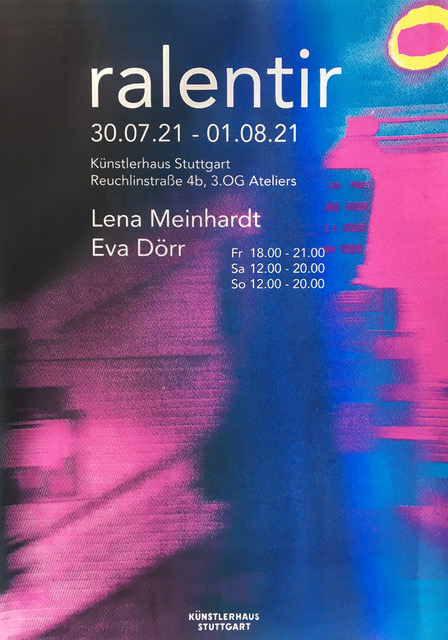
Reconsidering Institutional Conduct (Almost Everything Still Remains to be Done) is a two-day program at the Künstlerhaus Stuttgart that convenes a group of artists to conceptualize and draft provisions for a legally enforceable code of conduct. Drawing from different critical perspectives, this group will generate specific considerations and stipulations that will directly inform an internal process currently underway by the Künstlerhaus Stuttgart’s governing bodies to implement the institution’s first ever code of conduct.
This program examines how an art institution governs its own immediate social and workplace conditions, directly addressing the Künstlerhaus Stuttgart as a responsive institutional case study, while also supporting experiential research into shared policy and collaborative governance. Additionally, by emphasizing artists as primary contributors to institutional policy-making, this program challenges the settled expectation that artists’ work amounts to purely content-related outcomes. Indeed, this process of generating a code of conduct seeks to recognize the extent to which artists define the actual lived relations and working conditions that produce and distribute their art.
Once fully implemented, this code of conduct aims to be both an internal and outward facing policy—offering everyday considerations that are specific to the Künstlerhaus Stuttgart, as well as reproducible models of institutional conduct that challenge the exploitative, discriminatory, and dispossessive practices so prevalent in the art sector at large. It is well known that the Kunstverein system in Germany is particularly conducive to establishing legal structures that regulate artistic production, yet significant work remains to be done in terms of how these legal structures ensure a field of artistic production that is equitable, inclusive, and truly diverse. While referring to existing legal protections for workers and constituents, a code of conduct is intended to go much further, imposing requirements and providing means of recourse that are more exacting than those mandated by law. Collective reconsiderations of what constitutes these exacting principles and effects is precisely what this program offers space for.
Reconsidering Institutional Conduct (Almost Everything Still Remains to be Done) brings together an international group of distinct artists and cultural practitioners including Heba Y. Amin, Grayson Earle, Irena Haiduk, Clara Sukyoung Jo, Sandrine Micossé-Aikins, Anike Joyce Sadiq, Anna Schiefer, Bea Schlingelhoff, Ülkü Süngün, and Stefan Wäldele. In order for this group process to generate a practicable code of conduct, the invited practitioners will directly advise and work with representatives of the Künstlerhaus Stuttgart—the majority of whom are practicing artists—including individuals from the Board of Directors, Artist Advisory Council, and Membership Association. This two-day program of directed group work and discussion is open to the general public, offering a culture of transparency around behind-the-scenes work that is typically conducted in closed-door session. Please note however, that capacity will be regulated in keeping with COVID-19 public health requirements. The program will be conducted in English language, with German translation available on request.
Schedule:
*All session groups are comprised of the invited artists. Additional contributors are noted in each session description. The general public is invited to attend all sessions, but will be asked to contribute with questions and comments only in the sessions noted as “open discussion.”
Sunday July 25
3pm – 3:30pm
Intro Session
Presenting: Eric Golo Stone, Artistic Director Künstlerhaus Stuttgart
– Welcome, introductions, and program structure
3:30 – 5pm
Session 1
Presenting: Eric Golo Stone with Anna Schiefer, Artist, Scholar, and KHS Board Member (Open discussion)
– Purpose and objectives of CoC beyond applicable laws
– Recap common provisions found in an organizational CoC and specific provisions found in current draft of KHS CoC
5pm – 5:30pm
Break
5:30pm – 7pm
Session 2
Presenting: Sandrine Micossé-Aikins, Director, Diversity Arts Culture, Berlin
– Anti-Discrimination, anti-racism, equity, diversity and inclusivity provisions
7pm – 7:30pm
Break
7:30pm – 8:30pm
Session 2 Follow-up (Open discussion)
8:30pm –
Food and Drink
Monday July 26
10am – 11:30am
Session 3 (Open discussion)
Presenting: Grayson Earle, Founder of Artists for Workers, New York
Facilitating: Anna Schiefer
– Fair labor practices and worker rights
– Working conditions
11:30am – Noon
Break
Noon – 1pm
Session 4
– Compliance, consultation, ombuds program, and complaint procedure
– Legal/extra-legal enforceability
1pm – 2pm
Break for lunch
2pm – 3:30pm
Session 5 (Open discussion)
– Additional provisions
– Appendix and annexure
3:30pm Conclude program
This program was made possible through the generous support of the Stiftung Kunstfonds in the form of a 2021 NEUSTART Grant
Thank you: Ania Corcilius, Juliane Gebhardt, Yvette Hoffmann, Björn Kühn, Florian Model, Daniel Niccoli, Monika Nuber, Regine Pfisterer, Romy Range, Jasmin Schädler, Anna Schiefer, Damaris Wurster
German Translation of Program Text and Schedule: Johanna Schindler
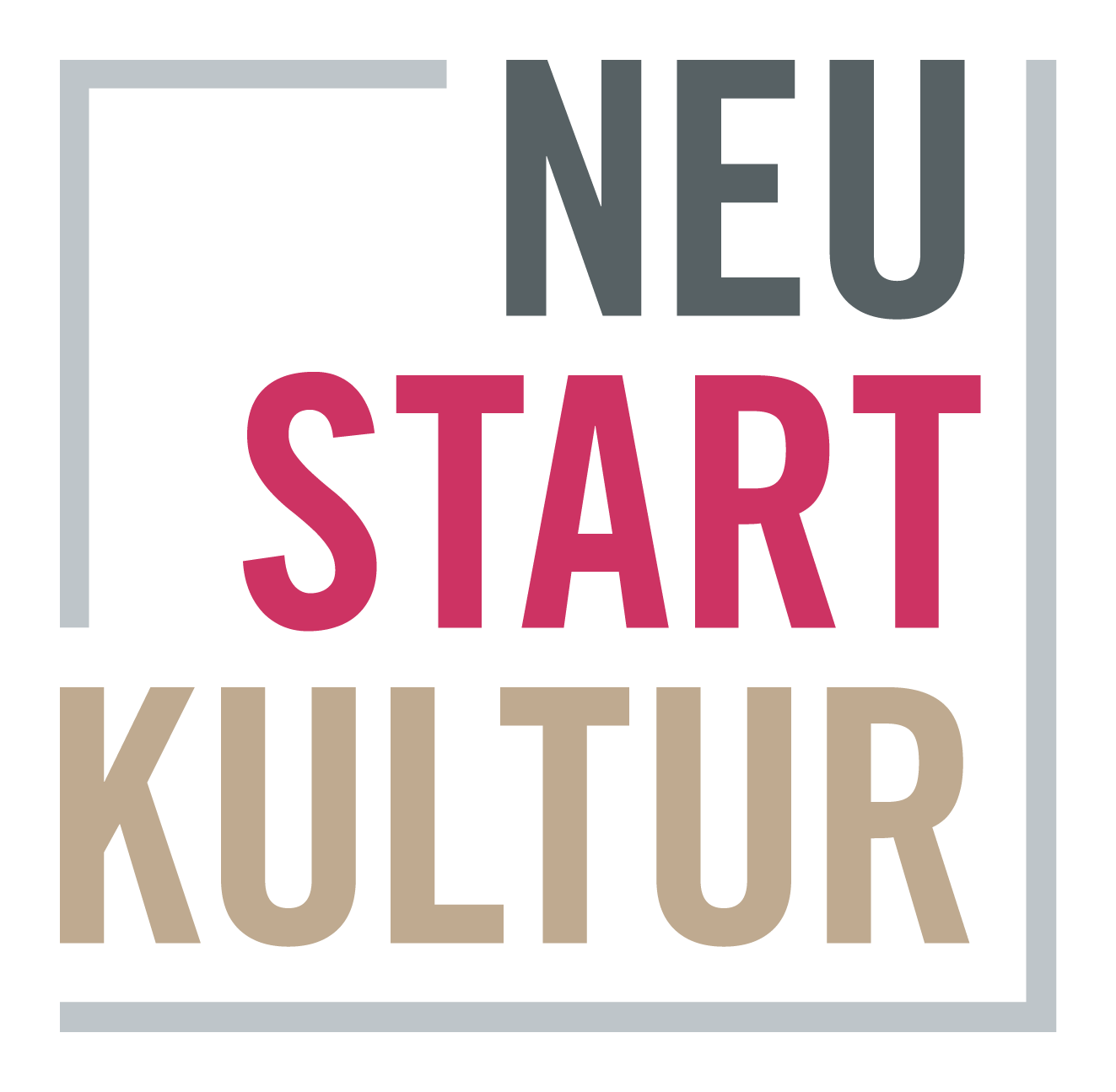

After 3 eventful, dynamic months with exhibitions, interventions, presentations, collaborations and events, Season 1 of the temporary project “Satellit Stuttgart” in the city center comes to an end.
Closing event: Saturday, 10.07.21 between 1-8pm at Königstraße 22.
There will be a limited edition of Satellit t-shirts (16€) and bags (4€) at cost price and chilled drinks. As always, it is possible to be indoors and outdoors.
We want to say a big thank you to everyone involved!
The epilogue with the SPACE HACKERS starts directly after the LINIENSCHAREN from Wednesday 07.07.21, so that satellite is played continuously and until the end of the project on Saturday 10.07.21, 8pm.
The SPACE HACKERS transfer the Satellit concept from virtual to real space.


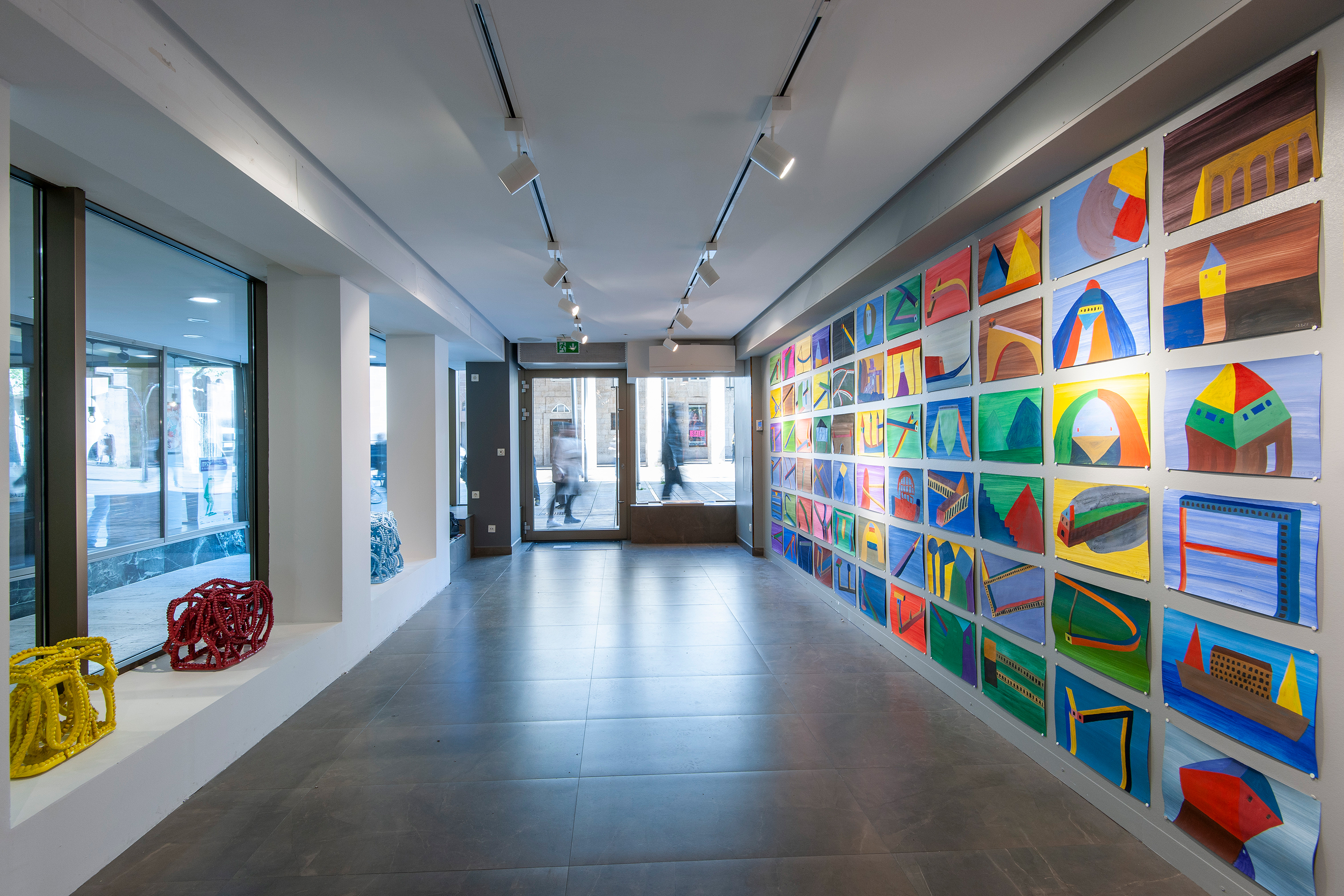
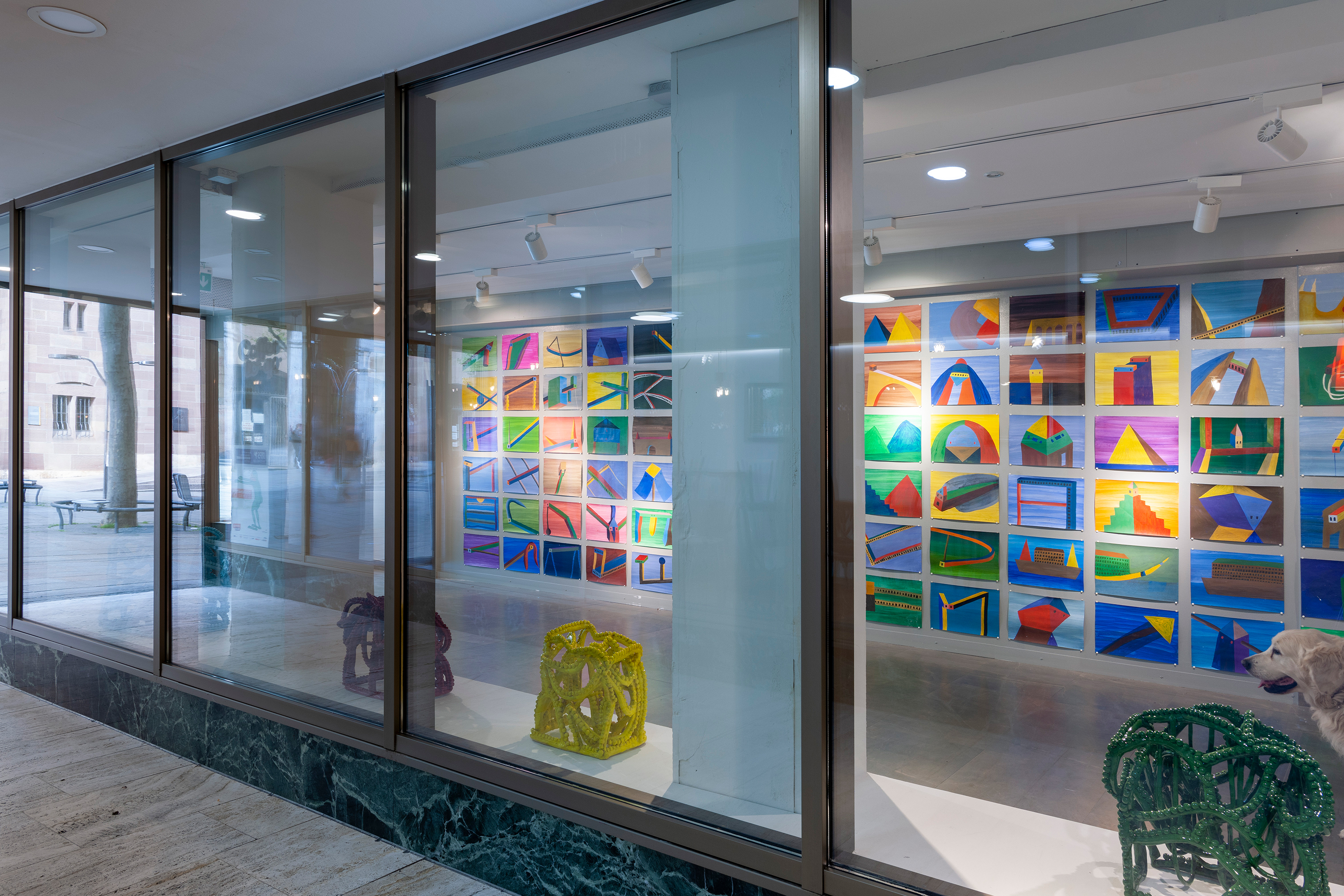
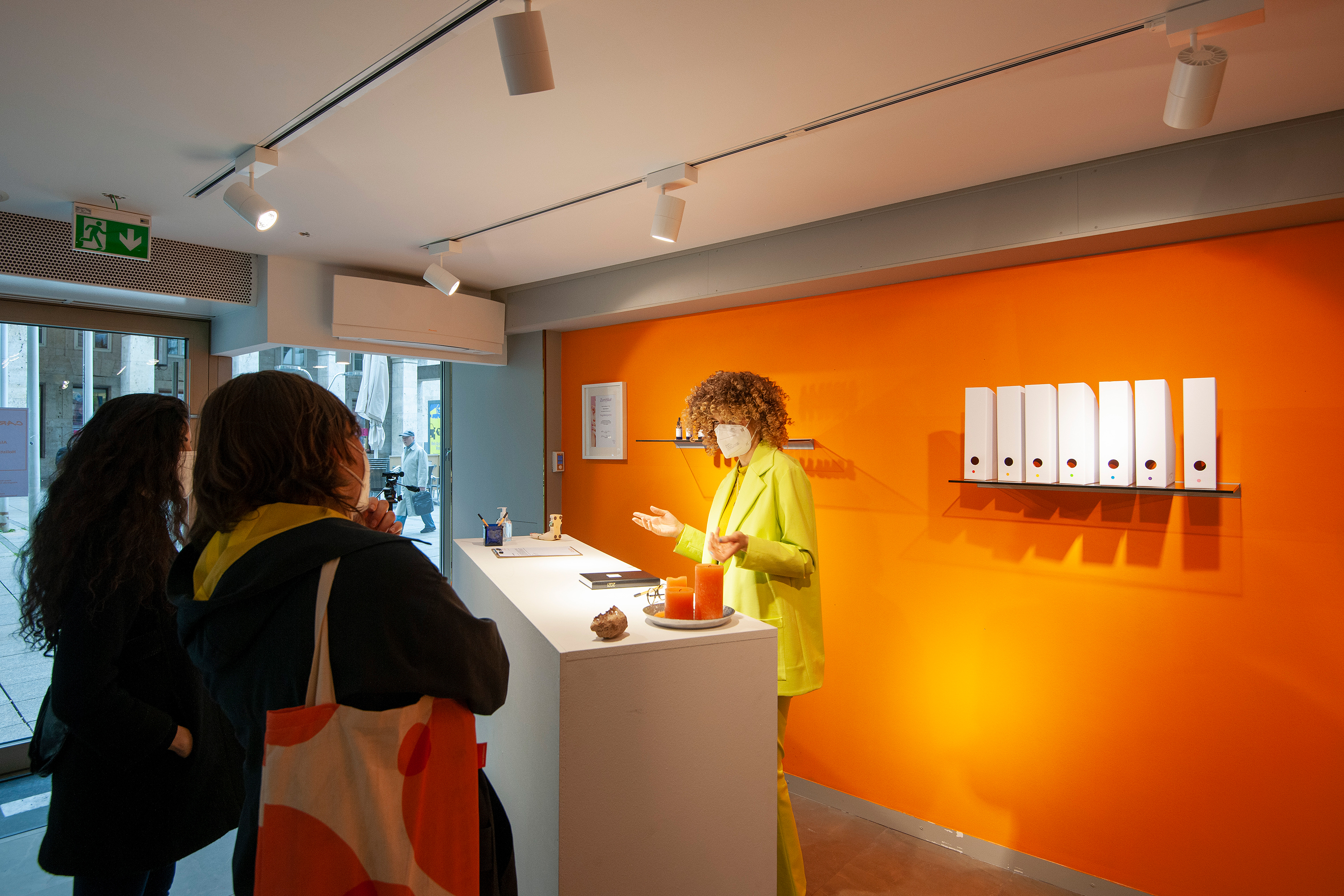
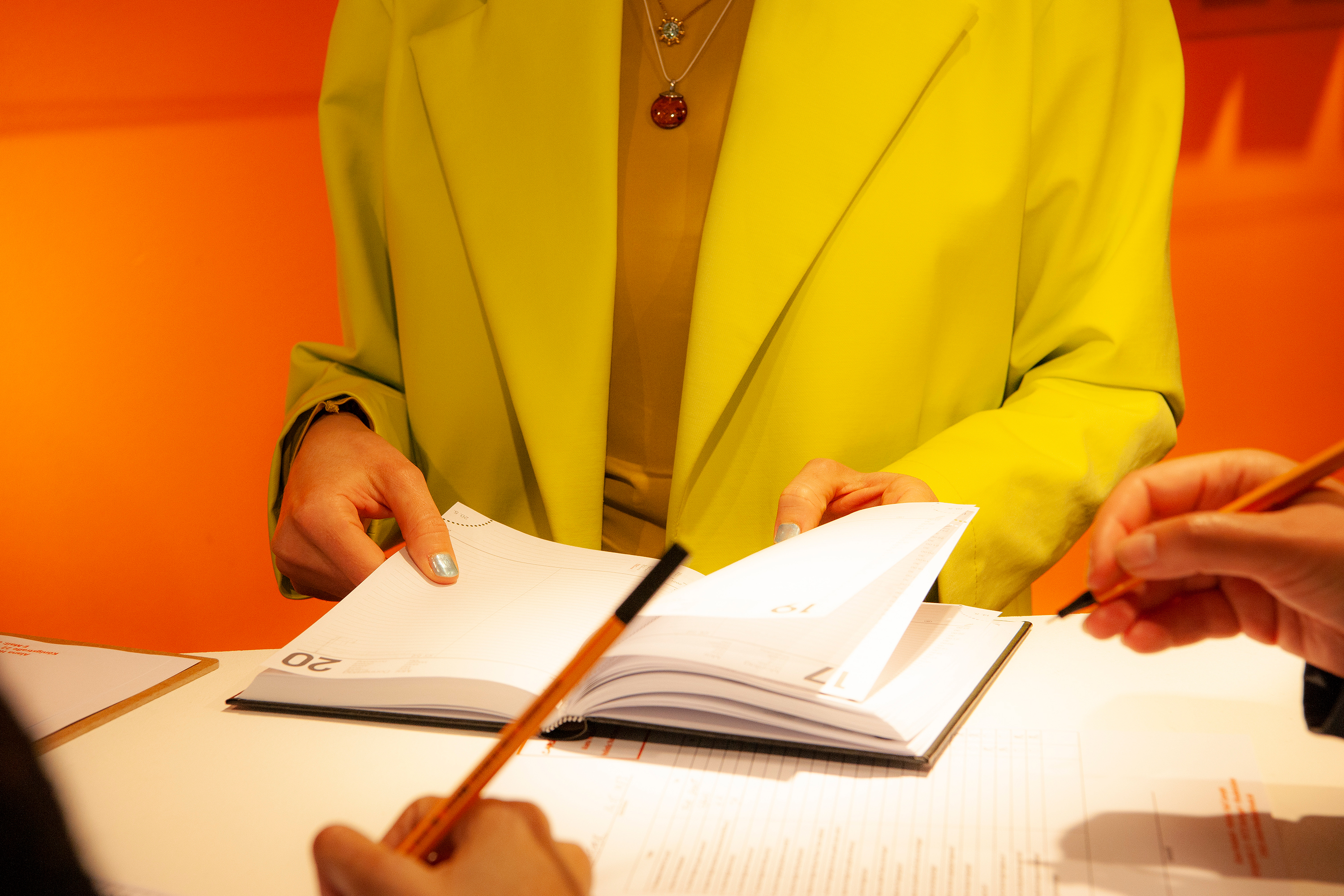
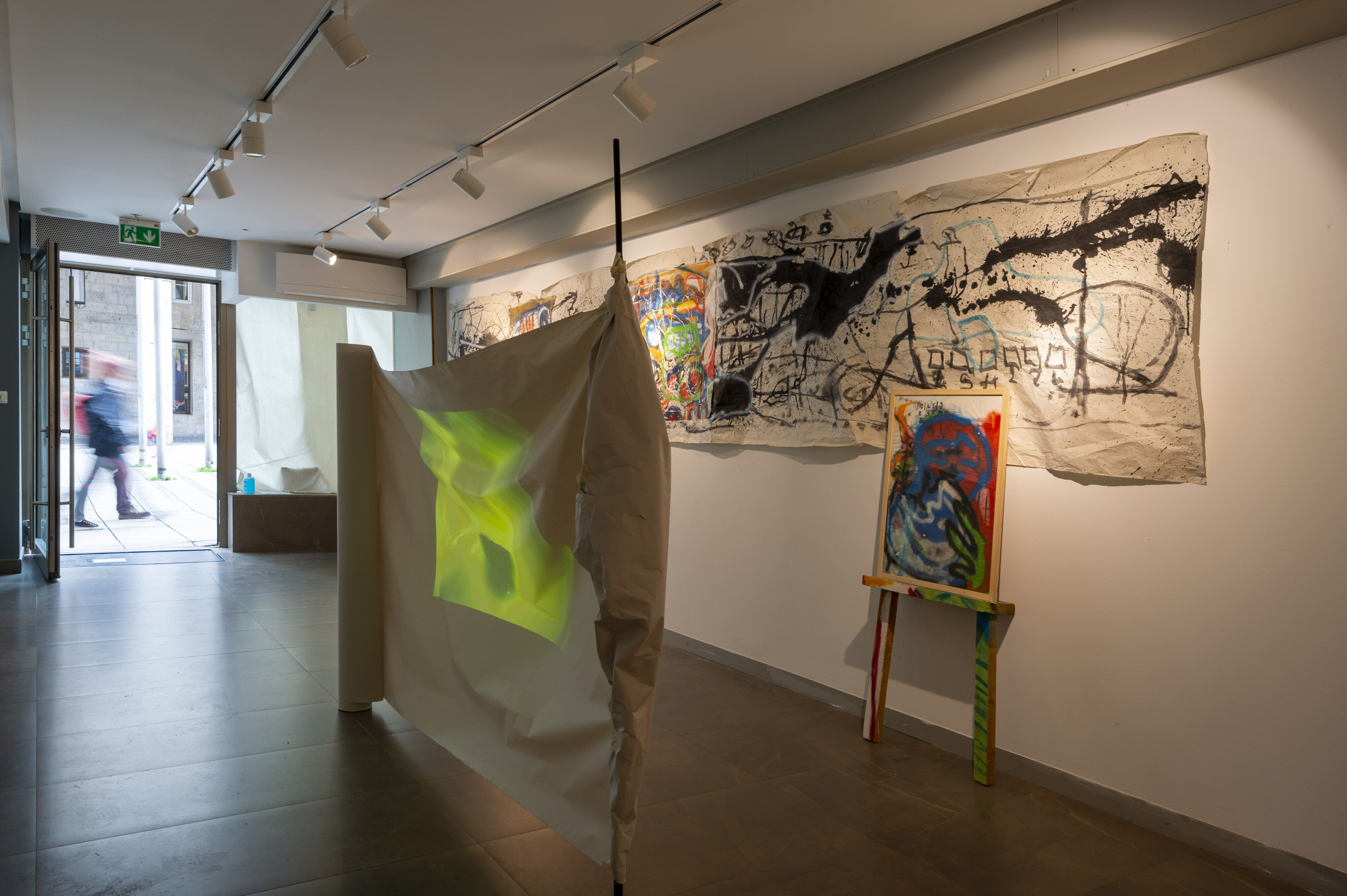
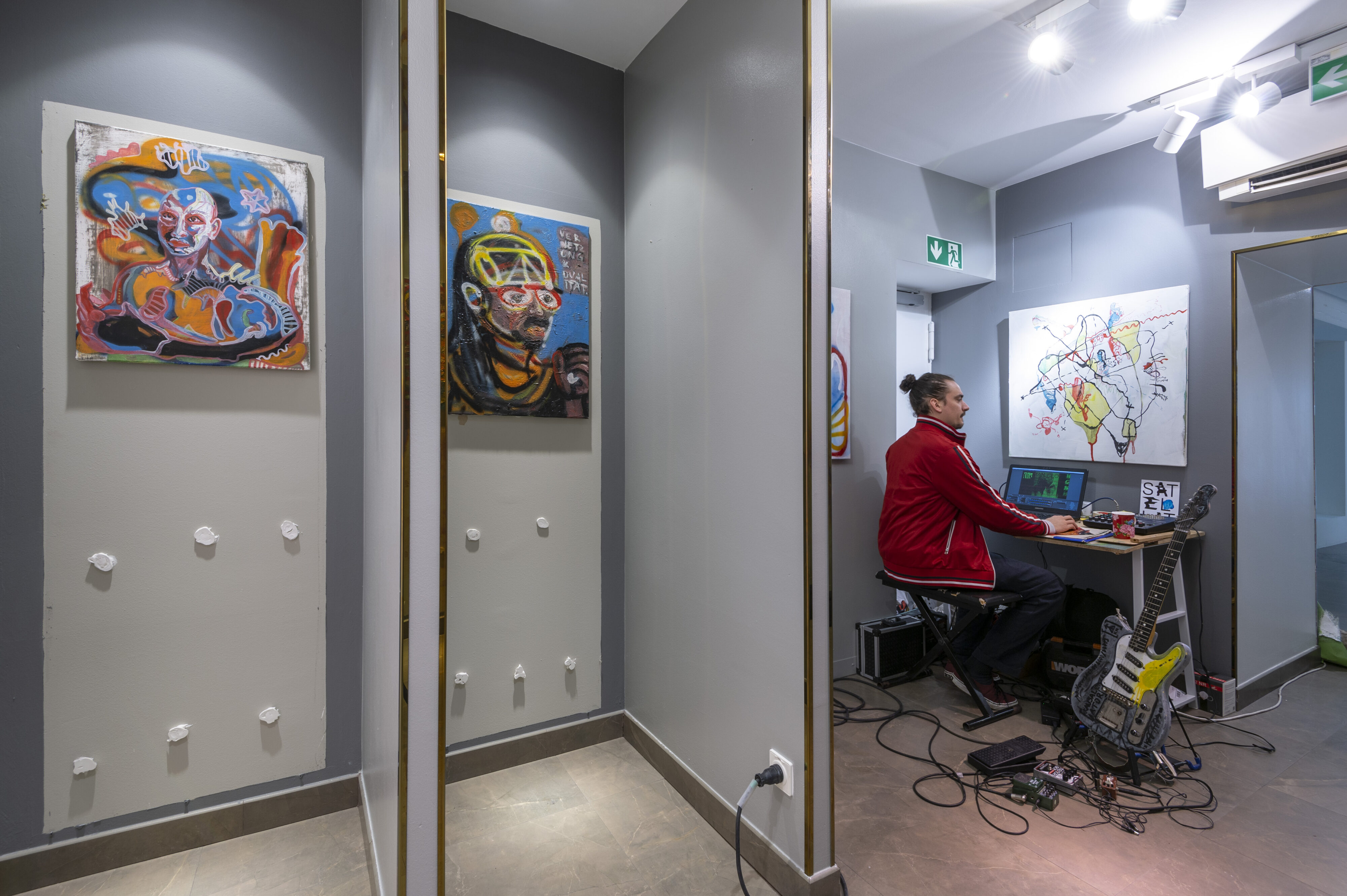

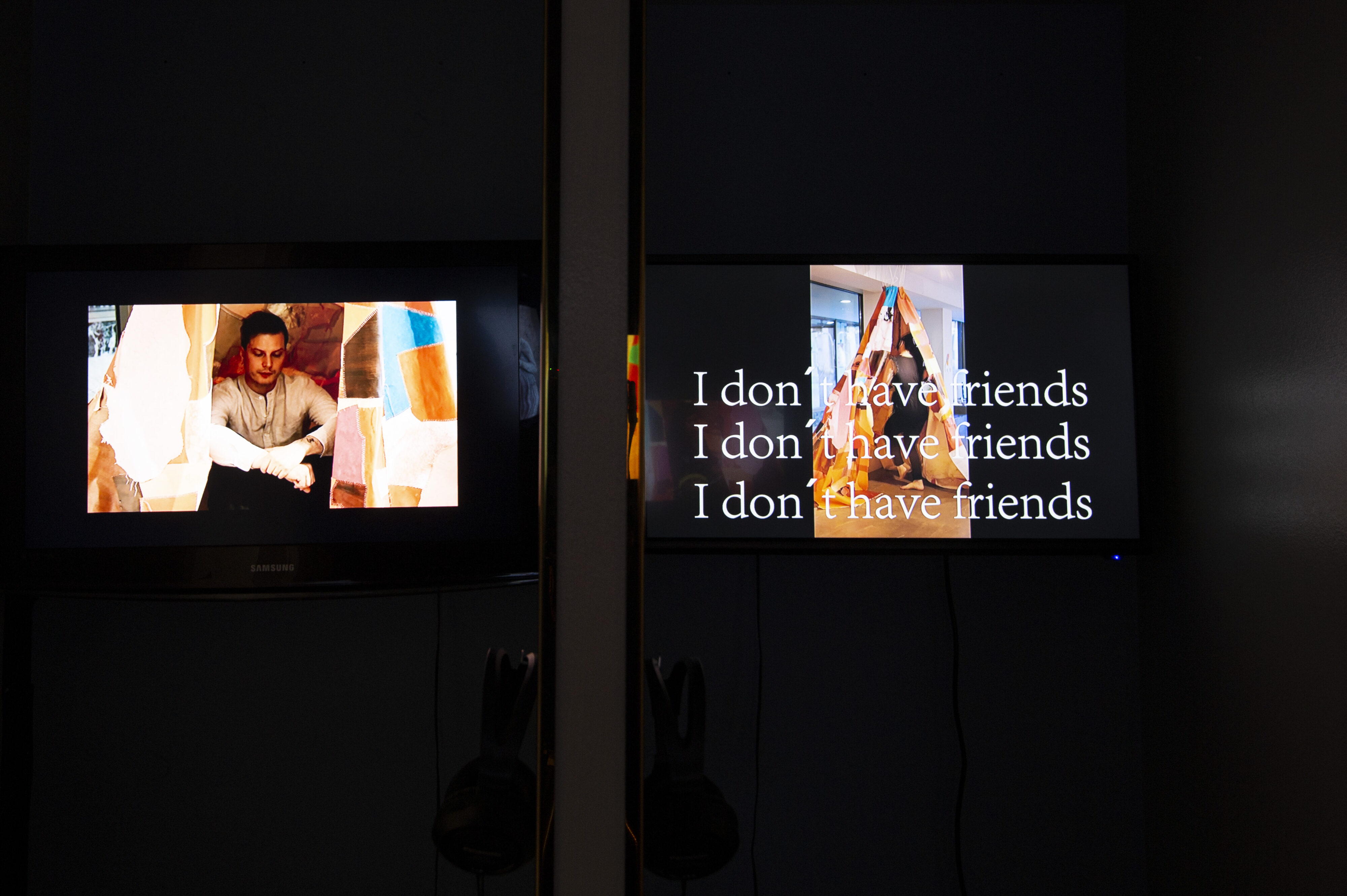
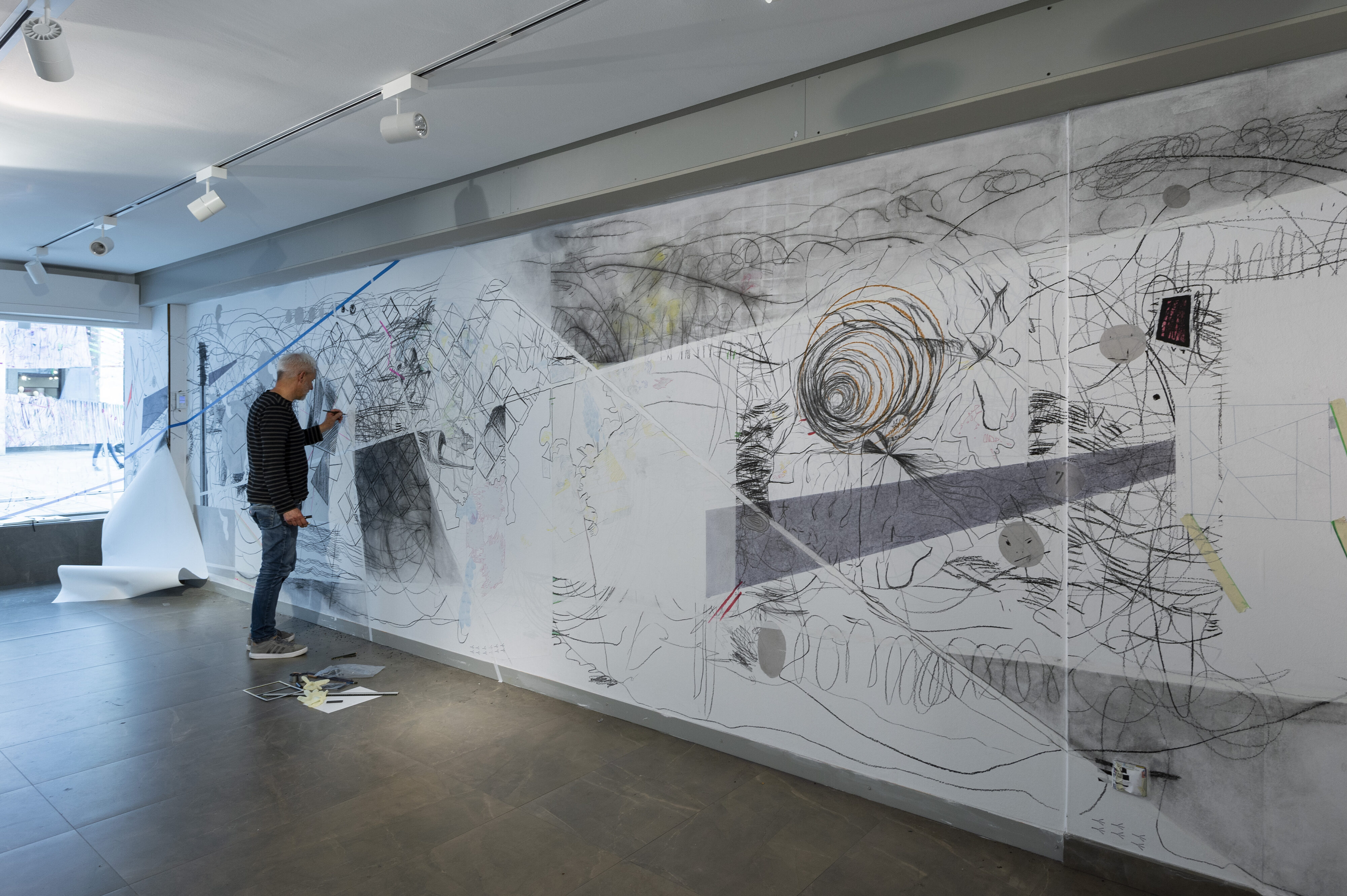
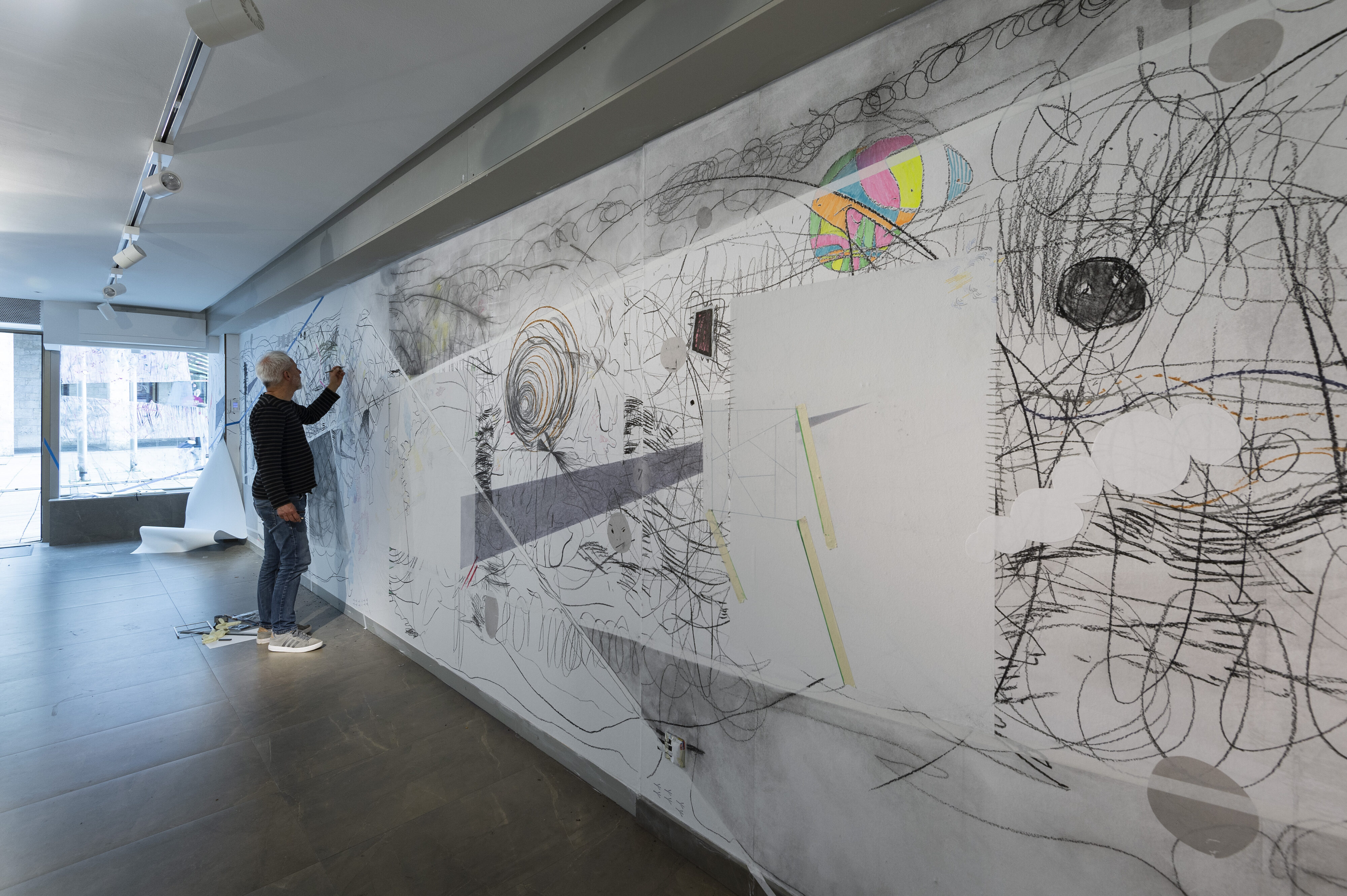
The Künstlerhaus Stuttgart is looking for artistic positions in the field of performance art for the project “Permanente Performance – 40 Jahre Konzil”. Artists and artist collectives are invited to submit concepts for performances at locations they define themselves in Stuttgart’s urban space. The choice of locations is up to the artists. However, the Künstlerhaus offers support in finding a suitable location.
The selection of the participating artists for the period from August 30 to September 12 will be made by a jury consisting of members of the board and advisory board of the Künstlerhaus.
Project period: August 30 to September 12, 2021
Application deadline: July 18, 2021
Fee: 1.000 EUR
Possible transport, material and travel costs cannot be reimbursed.
Documents to be submitted: application form, project description (max. 2 pages), portfolio and CV.
Please send the application documents in one pdf (max. 10 MB) by e-mail to info@kuenstlerhaus.de. Applications not submitted by the deadline or applications with incomplete documents will unfortunately not be considered.
Background
Exactly 40 years ago, from September 01 to September 30 1981, the Künstlerhaus Stuttgart, under the direction of Ulrich Bernhardt, invited 57 local and 19 international artists to participate in the artistic group project KONZIL. In this project, questions about cooperation, artistic exchange and thematic aspects of ephemeral and performance art were discussed daily at 6 p.m. at a 40-square-meter table. The project was complemented by actions and events in the urban space. Out of the project, artist Boris Nieslony developed the Black Kit. The Black Kit archives the documentation of organizations, associations, artist-run spaces and some of the most important international projects in the field of performance since 1975. It refers to about 3800 artists, contains photographs, individual performance relics and records.
40 years later, Künstlerhaus Stuttgart will bring KONZIL back to Stuttgart and into the present, building bridges to current issues, debates and discourses. Over a two-week period, the historical council will be linked in the form of an archival exhibition with a performance program.
For the historical processing, Boris Nieslony’s Black Kit Archive will provide the Künstlerhaus with documents, photographs, posters and video material of artists who were active in the Künstlerhaus and in Stuttgart in 1981. In parallel, the Künstlerhaus invites artists and artists’ collectives to present performances in Stuttgart’s urban space – from Stuttgart West to Bad Cannstatt, from Zuffenhausen to Wangen – over a period of fourteen days.
Following these performances, several panels will be held at the Künstlerhaus, inviting participants to exchange ideas, engage in discourse, and work together.
For further information about the Open Call please click here

Funkenflug
ongoing work on the collective drawing
daily from 10-18 o’clock
Satellite Stuttgart, Königstraße 22, 70173 Stuttgart
In fall 2012 Linienscharen was founded, a platform for contemporary drawing in Stuttgart. Linienscharen aims to keep the discourse on drawing in Stuttgart alive and provide a framework for exchange, lectures and presentations on the subject. Linienscharen functions as an open forum for artists from Stuttgart and the region whose work deals with drawing or the theme of line in another medium.
The satellite project Funkenflug is designed as an open-ended process that uses the space in Königstraße as a place for concentrated drawing over a period of twelve days. 47 artists of the Linienscharen will be active in the project space in groups of two, one after the other, and will react to the spatial conditions of the space and the surrounding urban space with drawings throughout the duration of the project and continue a dialogue with the already existing artistic interventions.
June 25 – June 30, 2021
Julia Wenz-Delaminsky with Barbara Armbruster // AC Klarmann with Jürgen Klugmann // Elly Weiblen with Vasiliki Konstantinopoulou // Sabine Fessler with Alicia Hernandez Westpfahl // Matthias Kohlmann with Harald Kröner // Kanoko Hashimoto with Margarete Lindau // Michelin Kober with Stanislaus Müller-Härlin // Erwin Holl with Uwe Schäfer // Melanie Grocki with Stef Stagel // U!!i Berg with Alexandra Centmayer // Helga Schuhmacher with Karina Stein // Uta Krauss with Tobias Greiner
July 1 until July 6, 2021
Annie Krüger with Anja Klafki // Karl-Heinz Bogner with Josephine Bonnet // Sabina Aurich with Ute Fischer-Dieter // Christian Schiebe with Doris Erbacher // Nina J Bergold with Veronika Kergaßner // Monika Schaber with Rita Schaible- Saurer // Silke Schwab with Simone Eckert // Werner Degreif // Thora Gerstner with Heike Grüß // Frauke Schlitz with Beate Baumgärtner // Maria Grazia Sacchitelli with Barbara Karsch-Chaïeb // Conny Luley with Christiane Haag
For more information about Satellit Stuttgart:
Instagram: satellit_stuttgart
Season 1 – In Orbit
The following artists and collectives have been selected for the Satellit Space and Project Grants 2021 at Schlossplatz:
Episode I
Wed Apr 14th — Wed Apr 28th
Lowland
Episode II
Wed Apr 28th — Wed May 12th
Episode III
Wed May 12th — Wed May 26th
Episode IV
Wed May 26th — Wed Jun 9th
Episode V
Wed Jun 9th — Wed Jun 23rd
Fünfte Kraft: Min Bark, Mizi Lee, Johanna Mangold, Paula Pelz
Episode VI
Wed Jun 23rd — Wed Jul 7th
Linienscharen
SATELLIT STUTTGART is an association of artists in cooperation with the Künstlerhaus Stuttgart and supported by the Wüstenrot Foundation.
The current situation brings many challenges for solo independent artists, designers and cultural workers. Satellit Stuttgart is intended to be a platform through which independent projects now become visible. We want to strengthen our local network and generate far-reaching, interdisciplinary dialogues.
With Satellit Stuttgart we create a new format of a temporary, inner-city art space. We invite professional solo artists, designers and collectives from Stuttgart and the surrounding area.
For 3 months (April-July), a vacant store space in Stuttgart will become a temporary studio, exhibition and gallery space, an intervention and experimentation area for cultural workers from various disciplines.
The project grants will be awarded to one artist (or artist group/collective) for two weeks (14 days) at a time.
Project management: Karima Klasen, in cooperation with the Künstlerhaus Stuttgart.

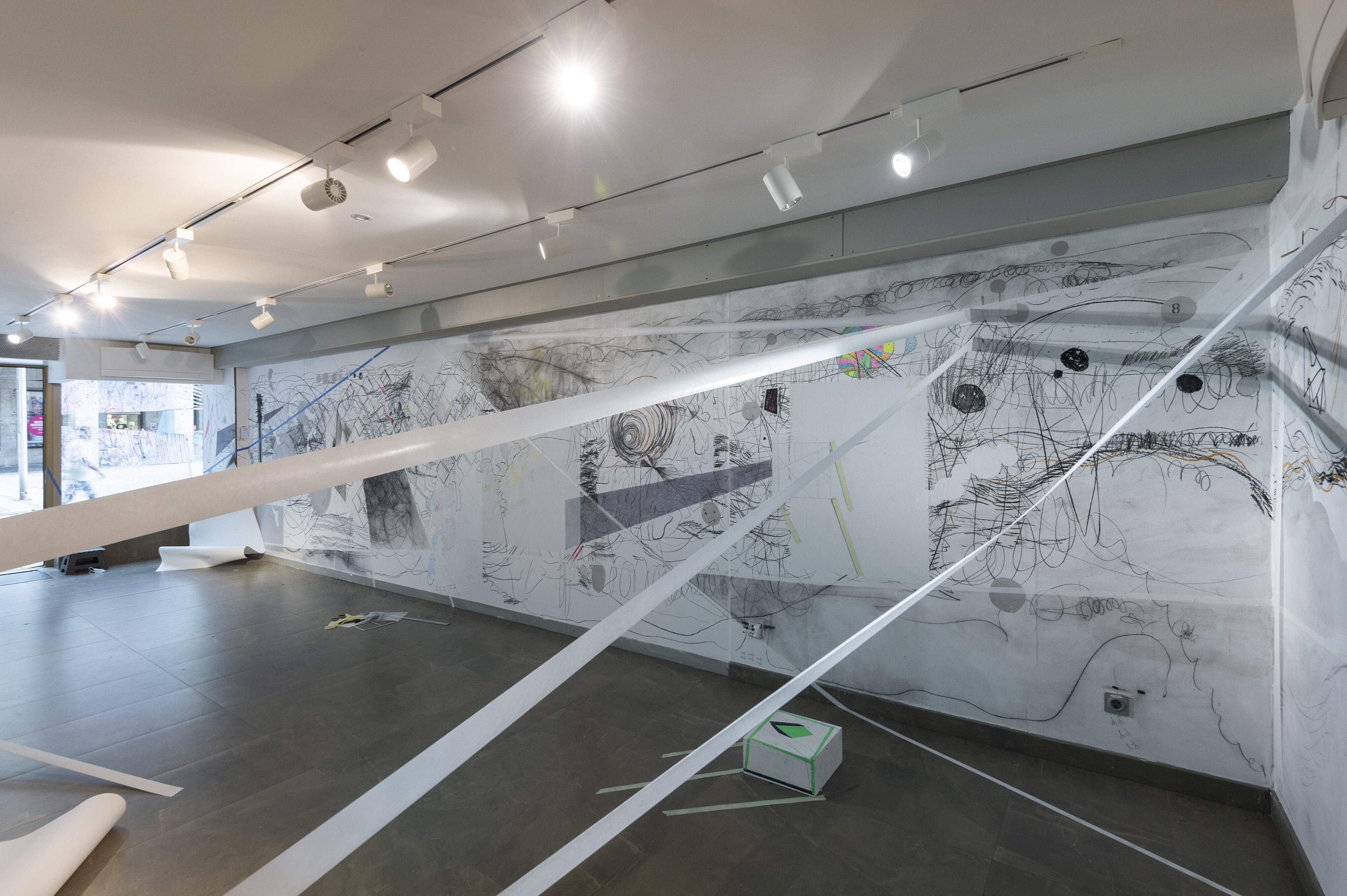
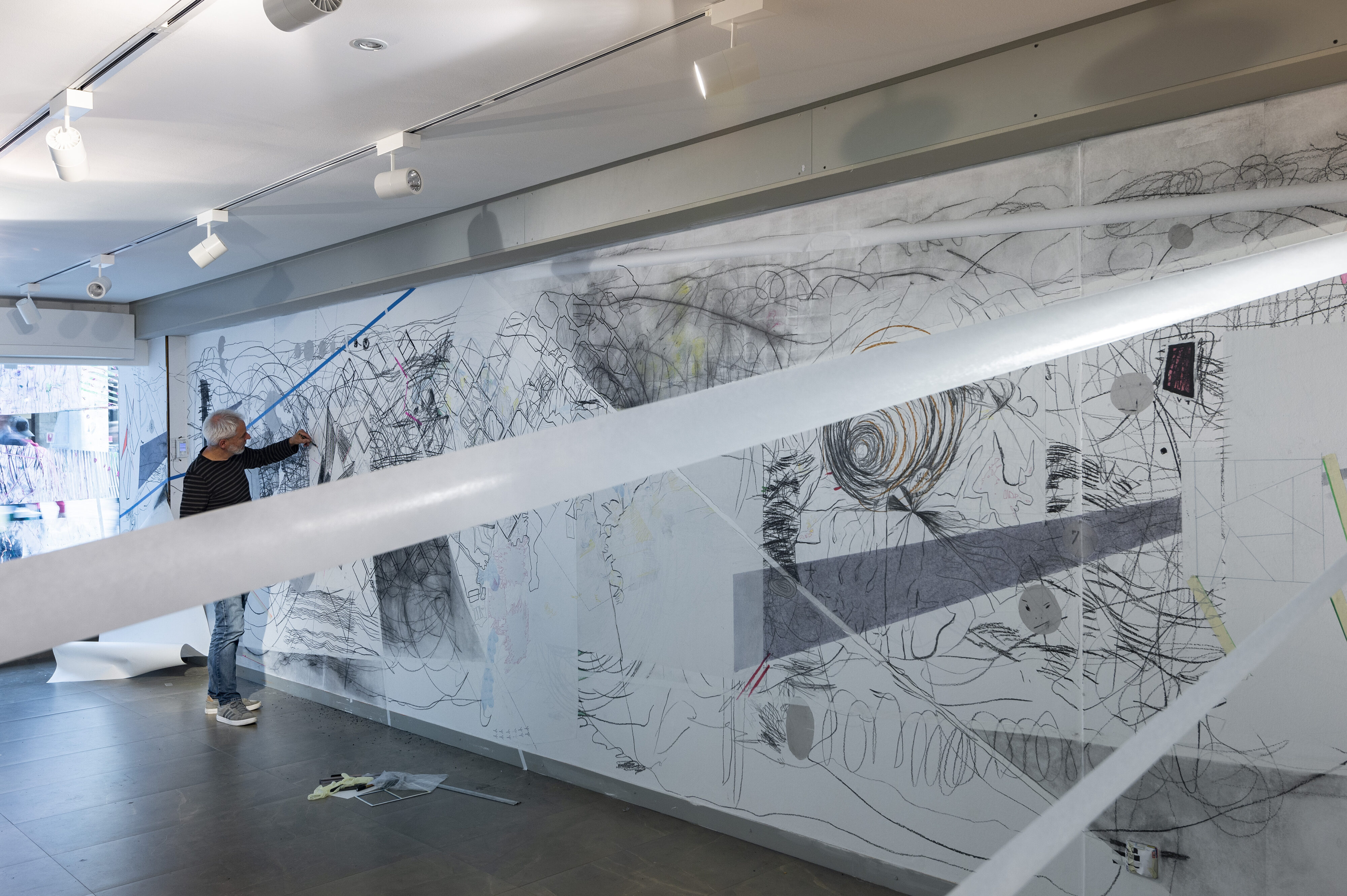

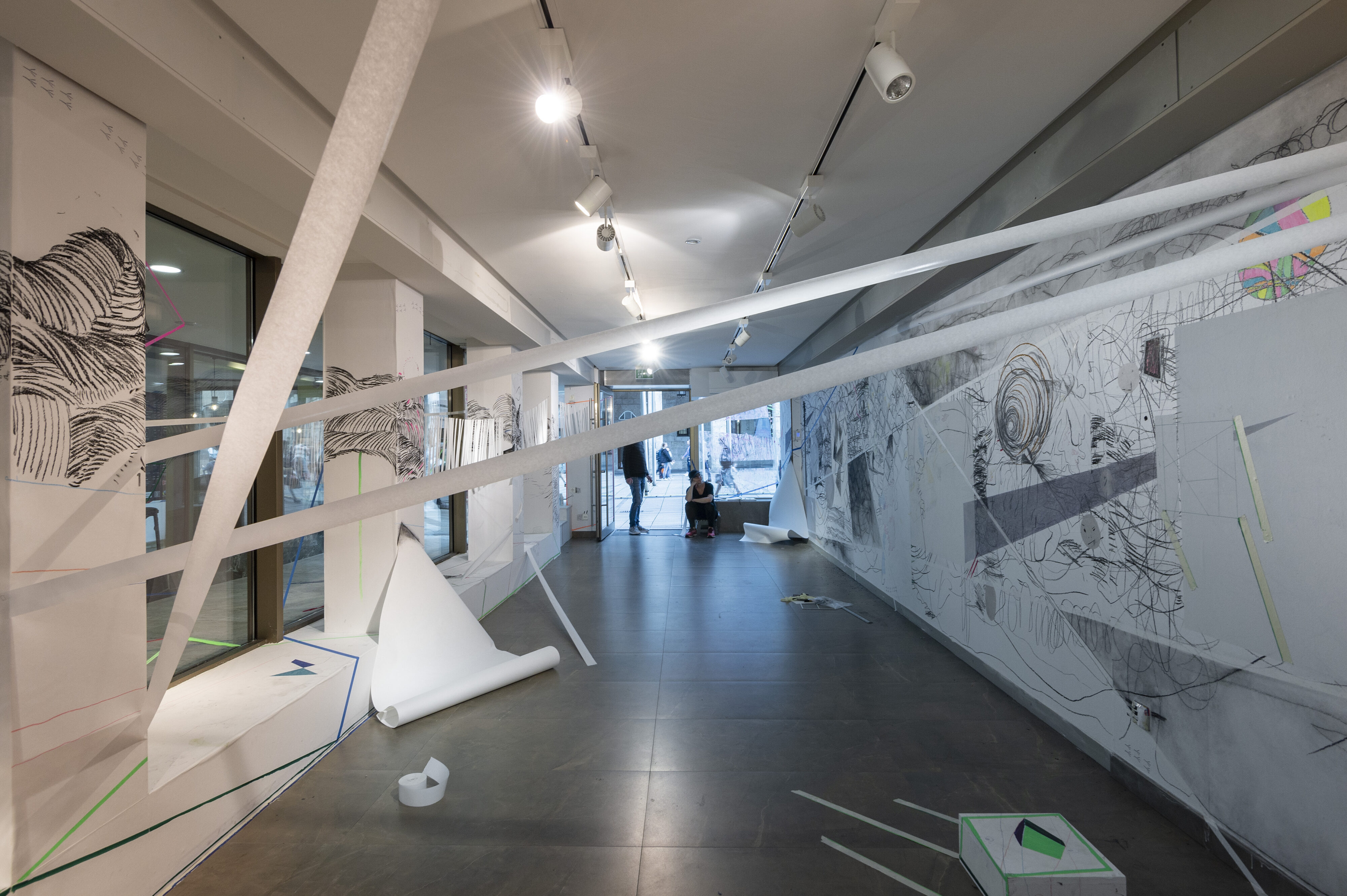
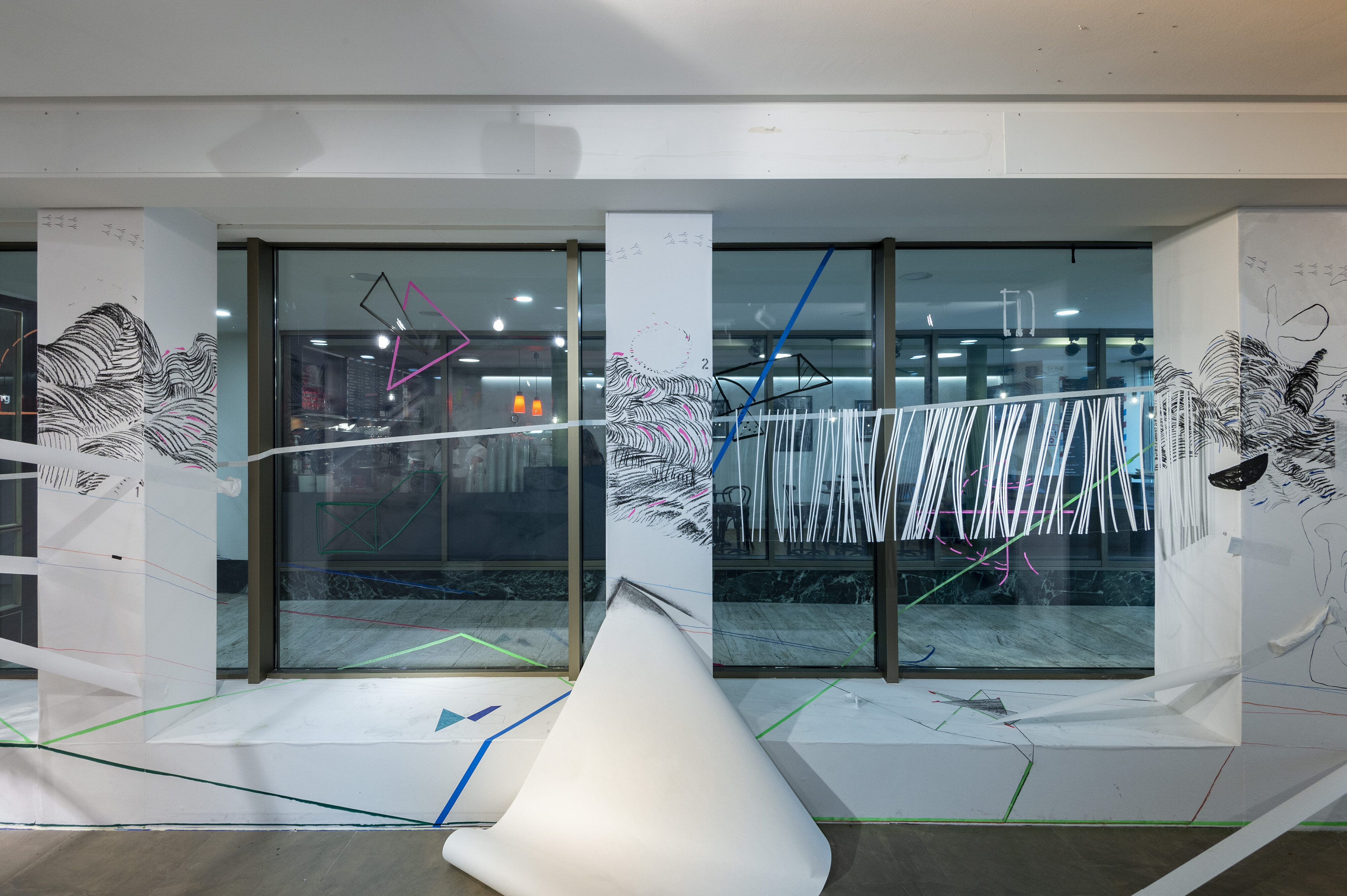

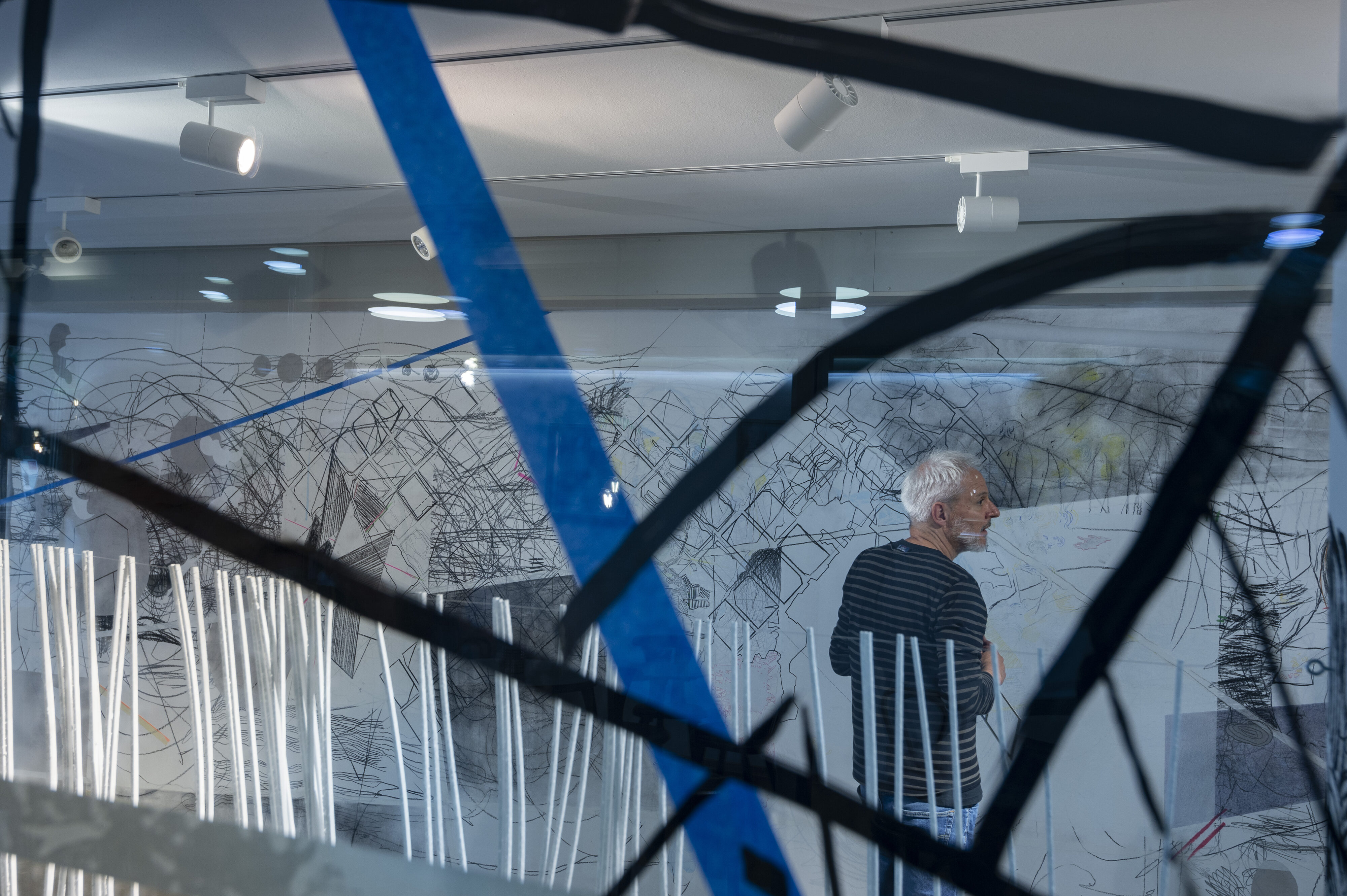
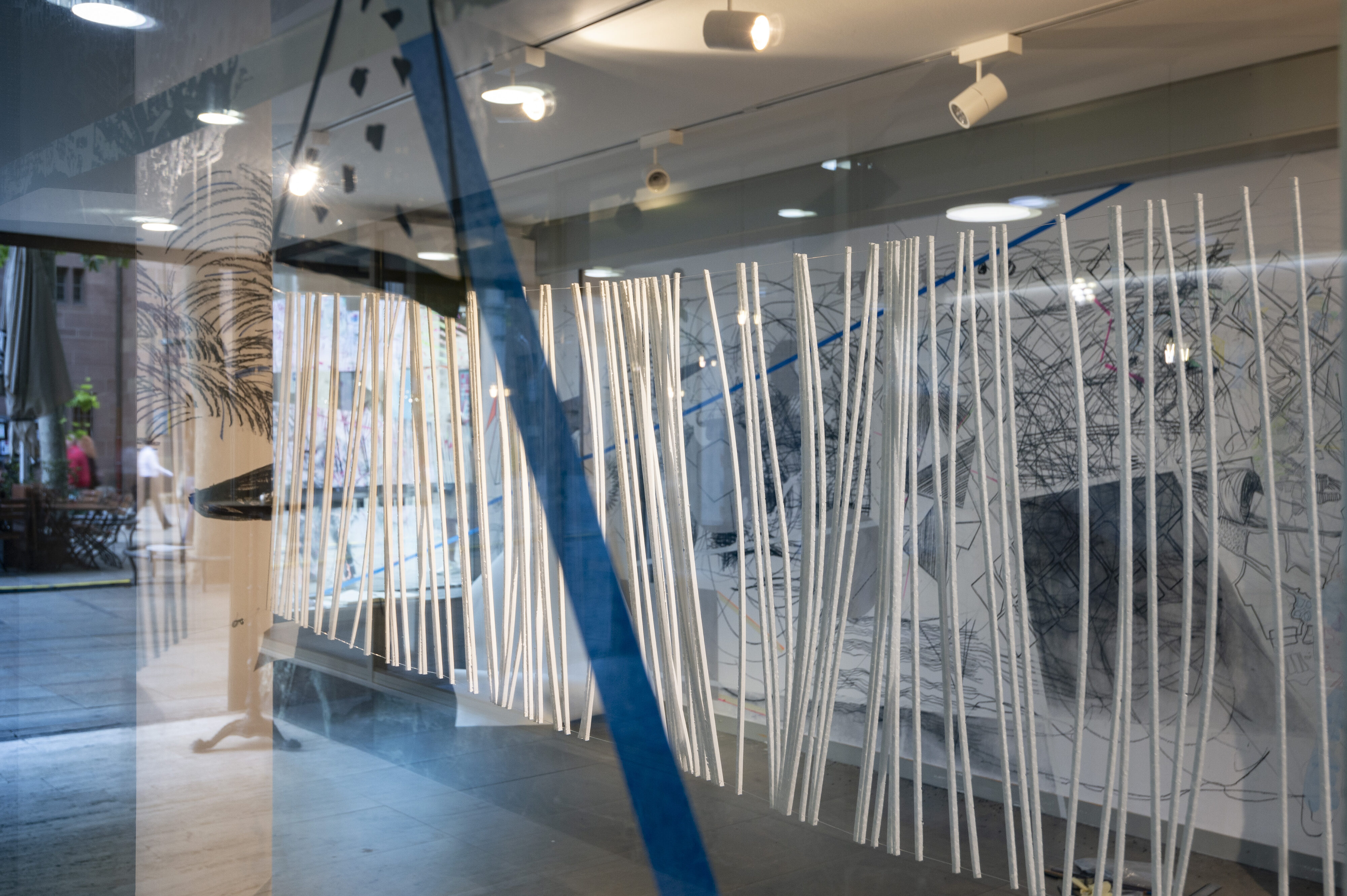
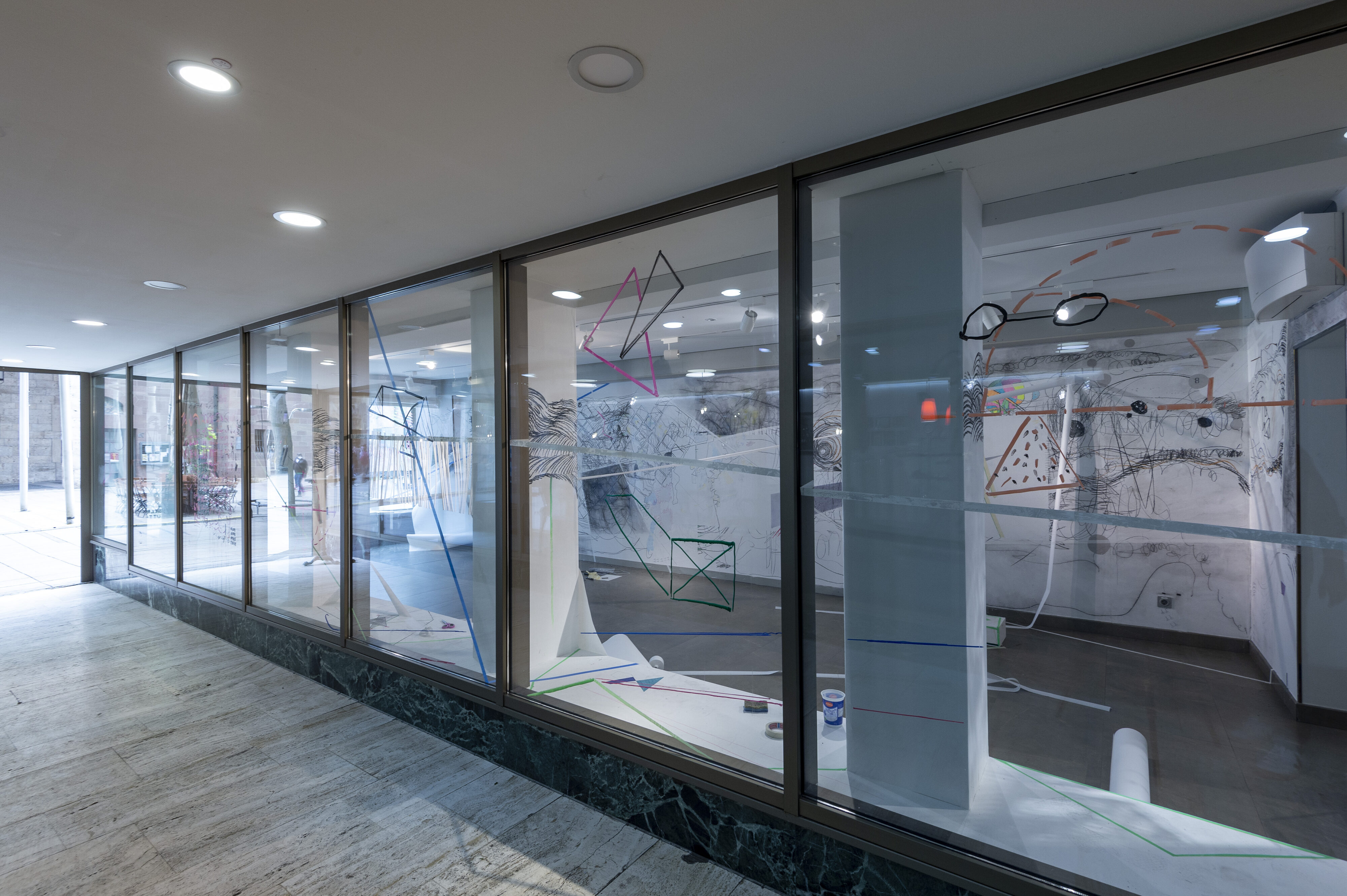

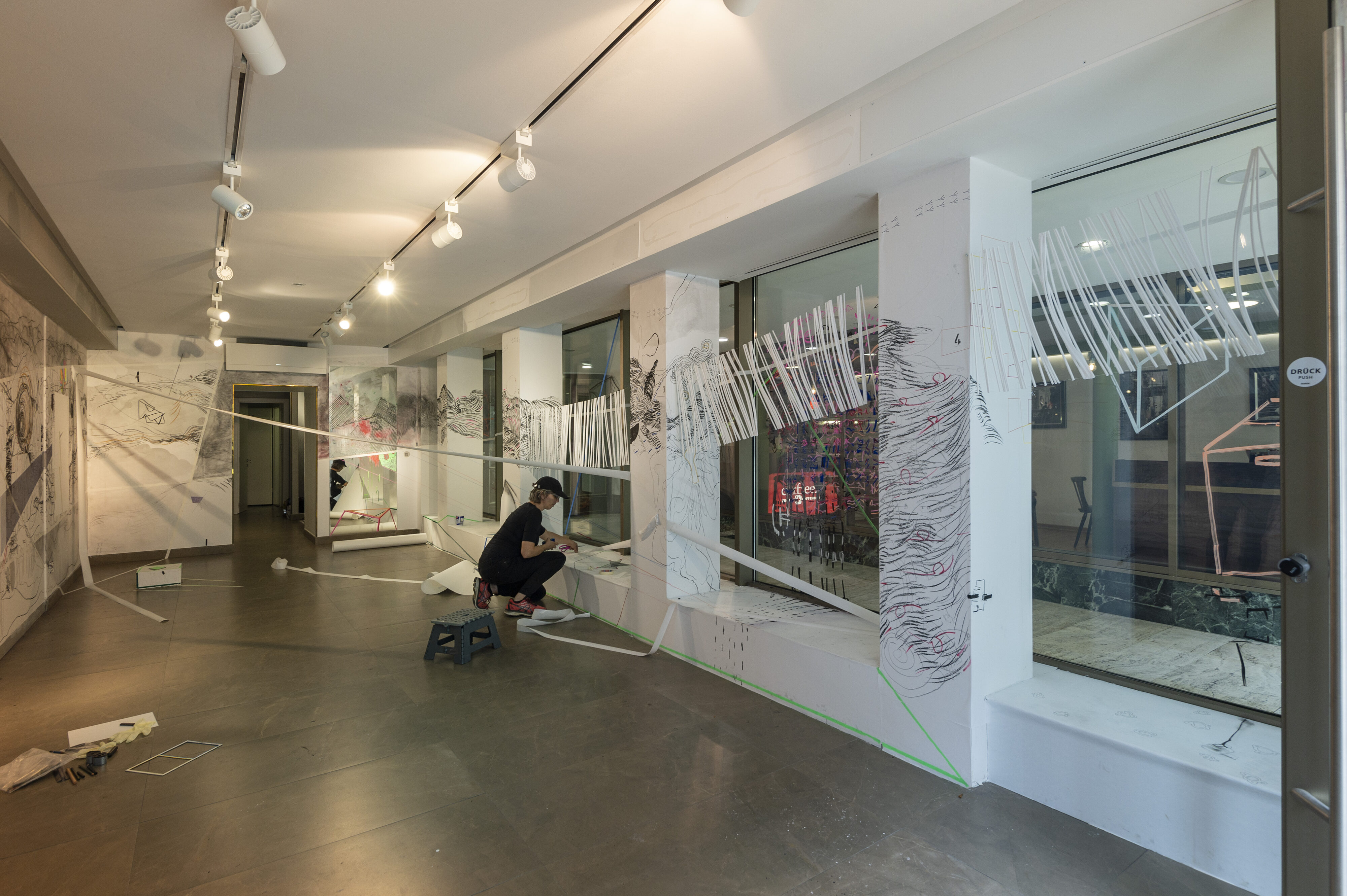
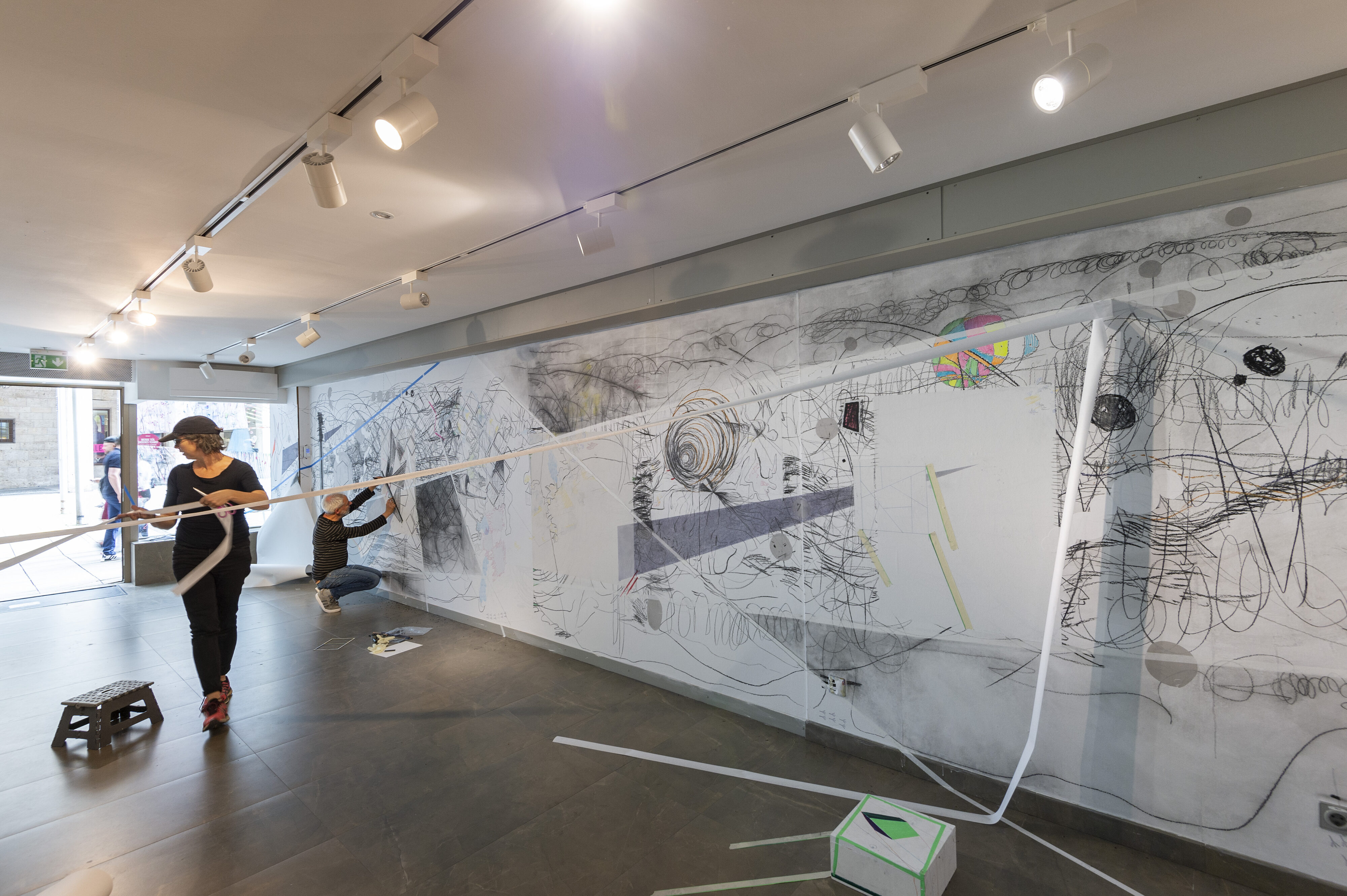
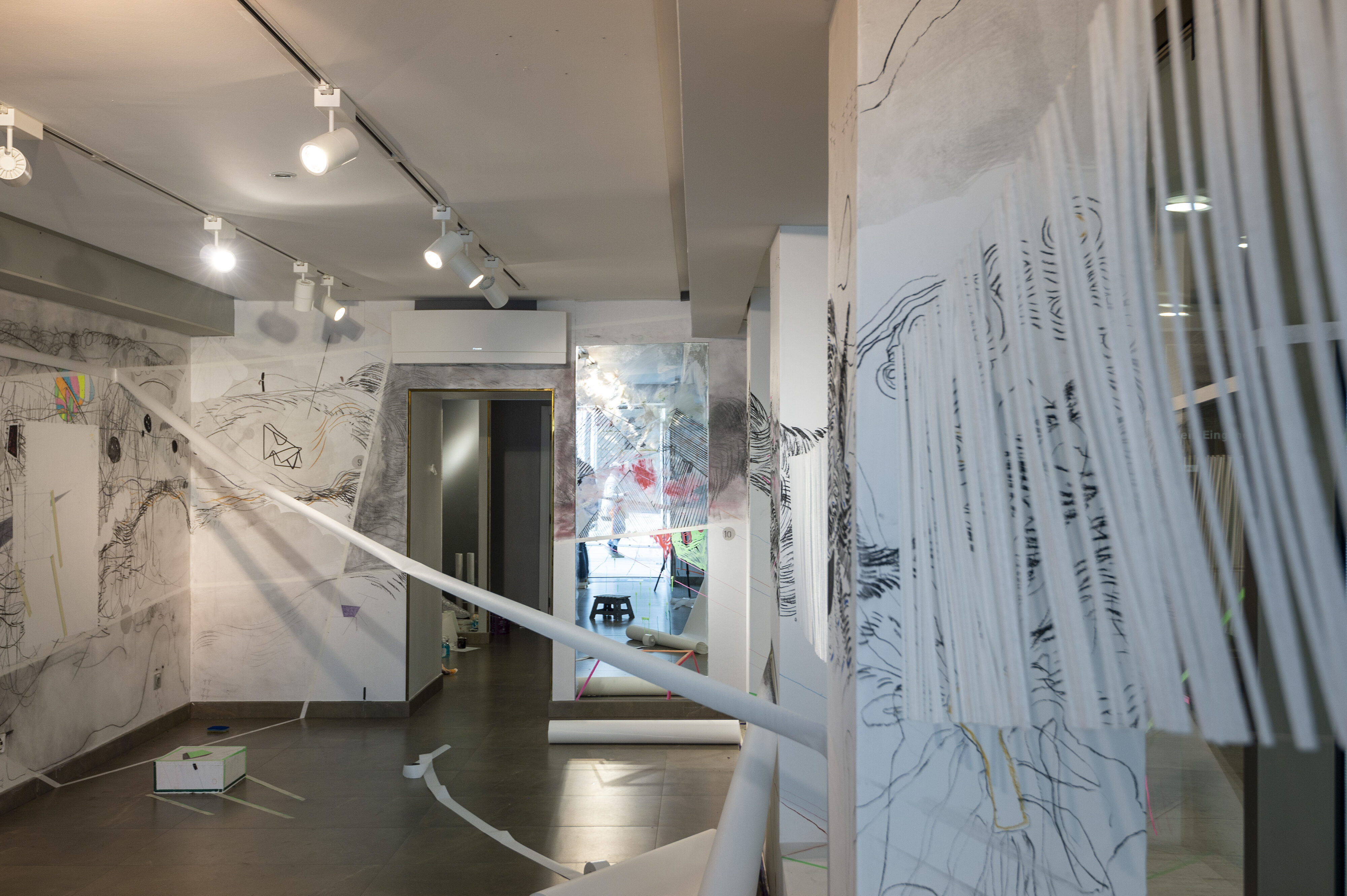
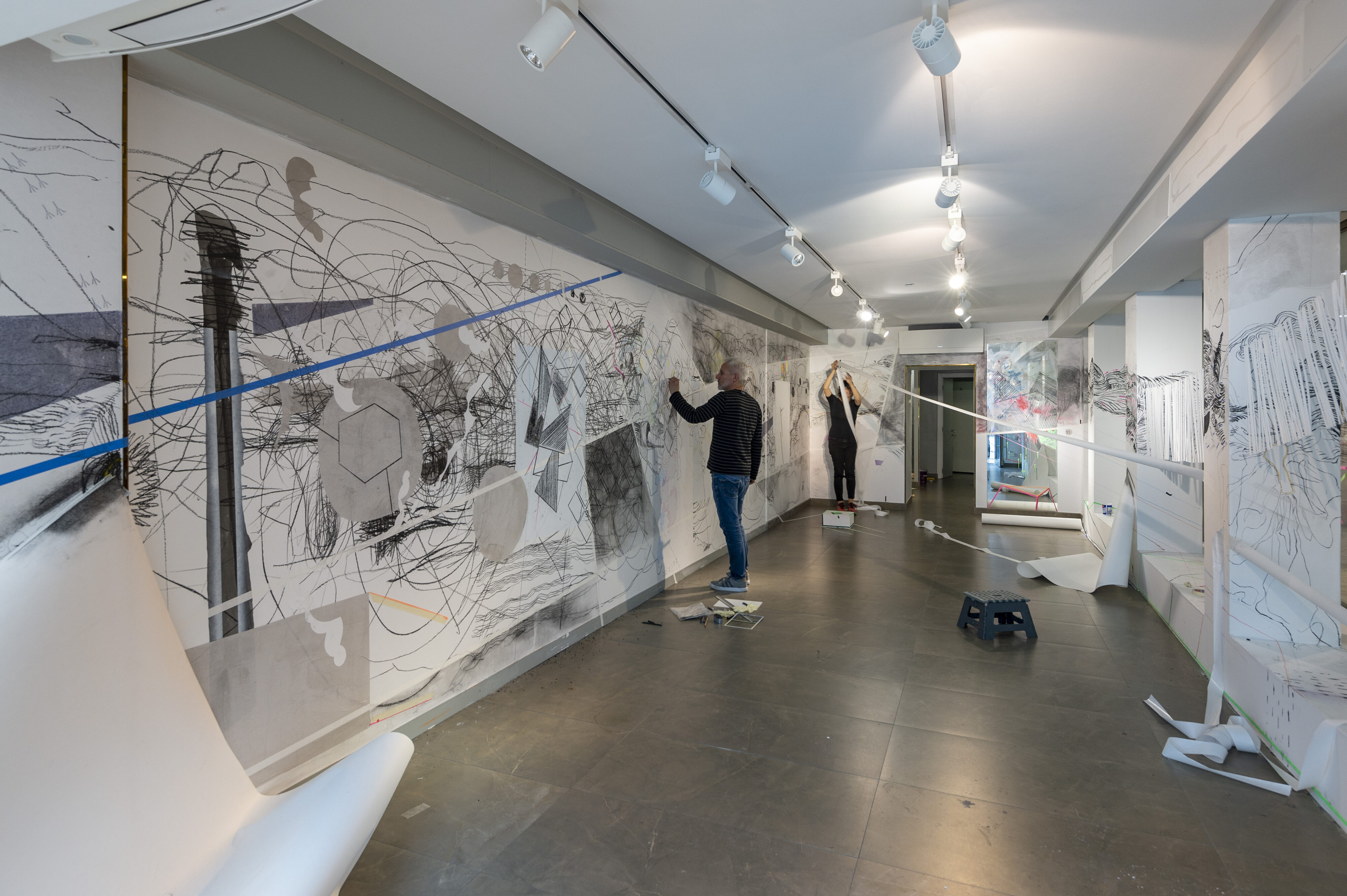
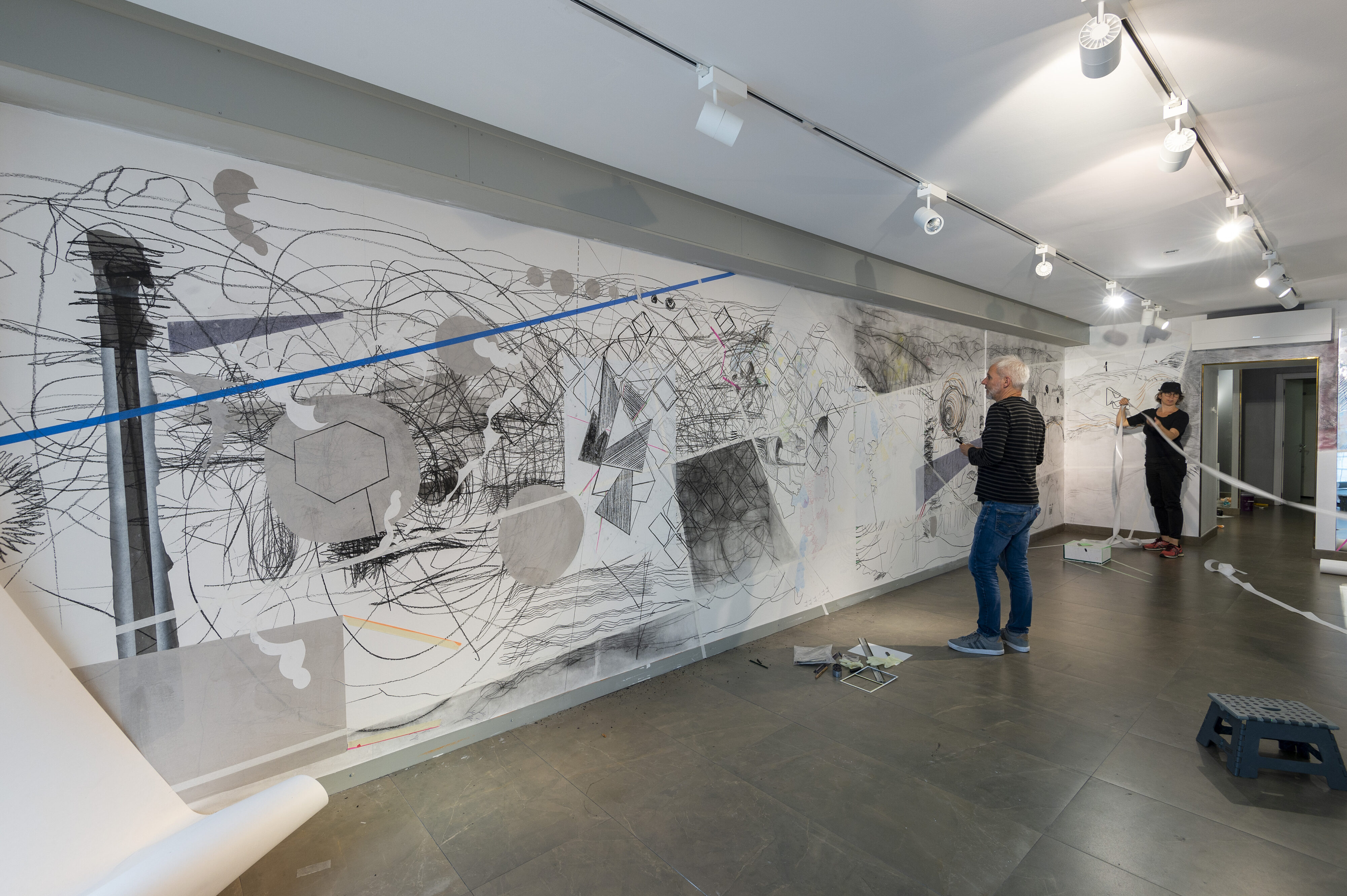



Our studio fellow Lennart Cleemann shows his installation Schaukel mit Fischen for the first time in the project space Lagune.
Summer exhibition! Lennart Cleemann (*1990) shows in the Lagune for the first time his installation Schaukel mit Fischen, the attempt of an abstract reproduction of his studio atmosphere. Many objects occupy the space, overlapping spatially, visually and refusing their decoupled observation. An important theme of Cleemann’s work is the exploration of the idea of home. Space and object serve as sculptural communicators of interpersonal relationships.
Viewing by appointment:
Contact: lennart.cleemann@web.de
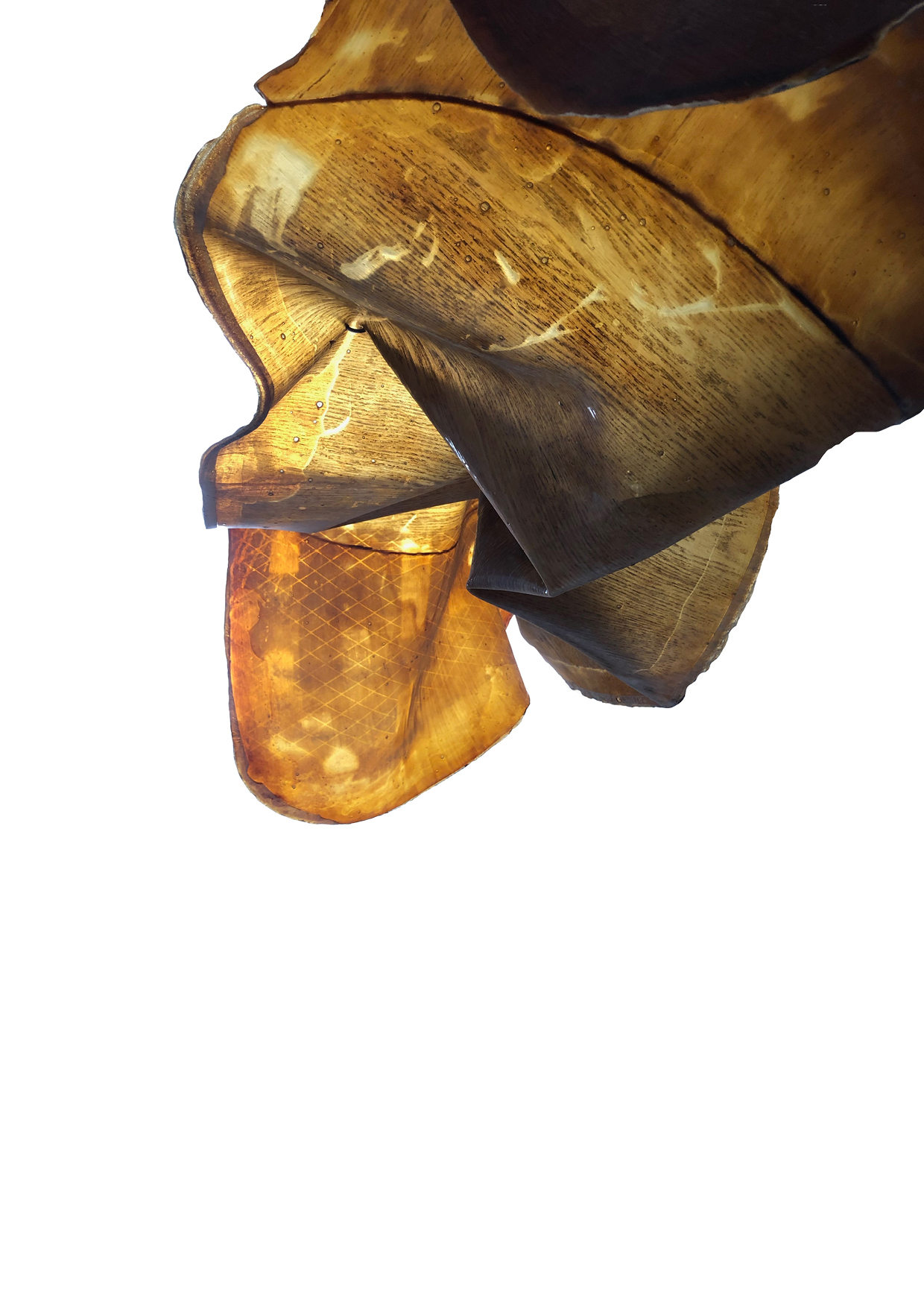
Home in an Eggshell
June 9 until June 23 2021
“Home” (eng.), in German: Zuhause, Heim, Heimat, Heimstätte.
In times of the Corona pandemic, the term “home” takes on a completely new and formative meaning worldwide. Due to isolation, all parts of society are thrown back on that personal place that functions as a “life-location” and is closely linked to the identity of the respective people.
But is it so simple to define “home” as protective, four walls, or is this concept and its associated meanings far more complex and spongy than can be broken down to a simple formula?
The debate around this term is also changing with people coming to Germany from other countries and living here. It is of central social importance to enter into a new dialogue at this point and to discuss and negotiate deadlocked and described concepts again.
Within the framework of art and culture, an impulse can be given for this. We have dedicated our work as a group of artists to this area, since this topic plays its own special role for all of us in the artistic or private sphere.
Dates:
Saturday, June 12 2021, 11am–7.30pm – Opening
All artists will be present.
Sunday, June 13 2021, 3.30pm–7.30pm
Johanna Mangold will be present.
Thursday, June 17 2021, 3.30pm–7.30pm
Paula Pelz will be present.
Friday, June 18 2021, 3.30pm–7.30pm
Min Bark will be present.
Saturday, June 19 2021, 3.30pm–7.30pm
Min Bark will be present.
Sunday, June 20 2021, 13.30pm–7.30pm
Mizi Lee will be present.
For more information about Satellit Stuttgart:
Instagram: satellit_stuttgart
Season 1 – In Orbit
The following artists and collectives have been selected for the Satellit Space and Project Grants 2021 at Schlossplatz:
Episode I
Wed Apr 14th — Wed Apr 28th
Lowland
Episode II
Wed Apr 28th — Wed May 12th
Episode III
Wed May 12th — Wed May 26th
Episode IV
Wed May 26th — Wed Jun 9th
Episode V
Wed Jun 9th — Wed Jun 23rd
Fünfte Kraft: Min Bark, Mizi Lee, Johanna Mangold, Paula Pelz
Episode VI
Wed Jun 23rd — Wed Jul 7th
Linienscharen
SATELLIT STUTTGART is an association of artists in cooperation with the Künstlerhaus Stuttgart and supported by the Wüstenrot Foundation.
The current situation brings many challenges for solo independent artists, designers and cultural workers. Satellit Stuttgart is intended to be a platform through which independent projects now become visible. We want to strengthen our local network and generate far-reaching, interdisciplinary dialogues.
With Satellit Stuttgart we create a new format of a temporary, inner-city art space. We invite professional solo artists, designers and collectives from Stuttgart and the surrounding area.
For 3 months (April-July), a vacant store space in Stuttgart will become a temporary studio, exhibition and gallery space, an intervention and experimentation area for cultural workers from various disciplines.
The project grants will be awarded to one artist (or artist group/collective) for two weeks (14 days) at a time.
Project management: Karima Klasen, in cooperation with the Künstlerhaus Stuttgart.

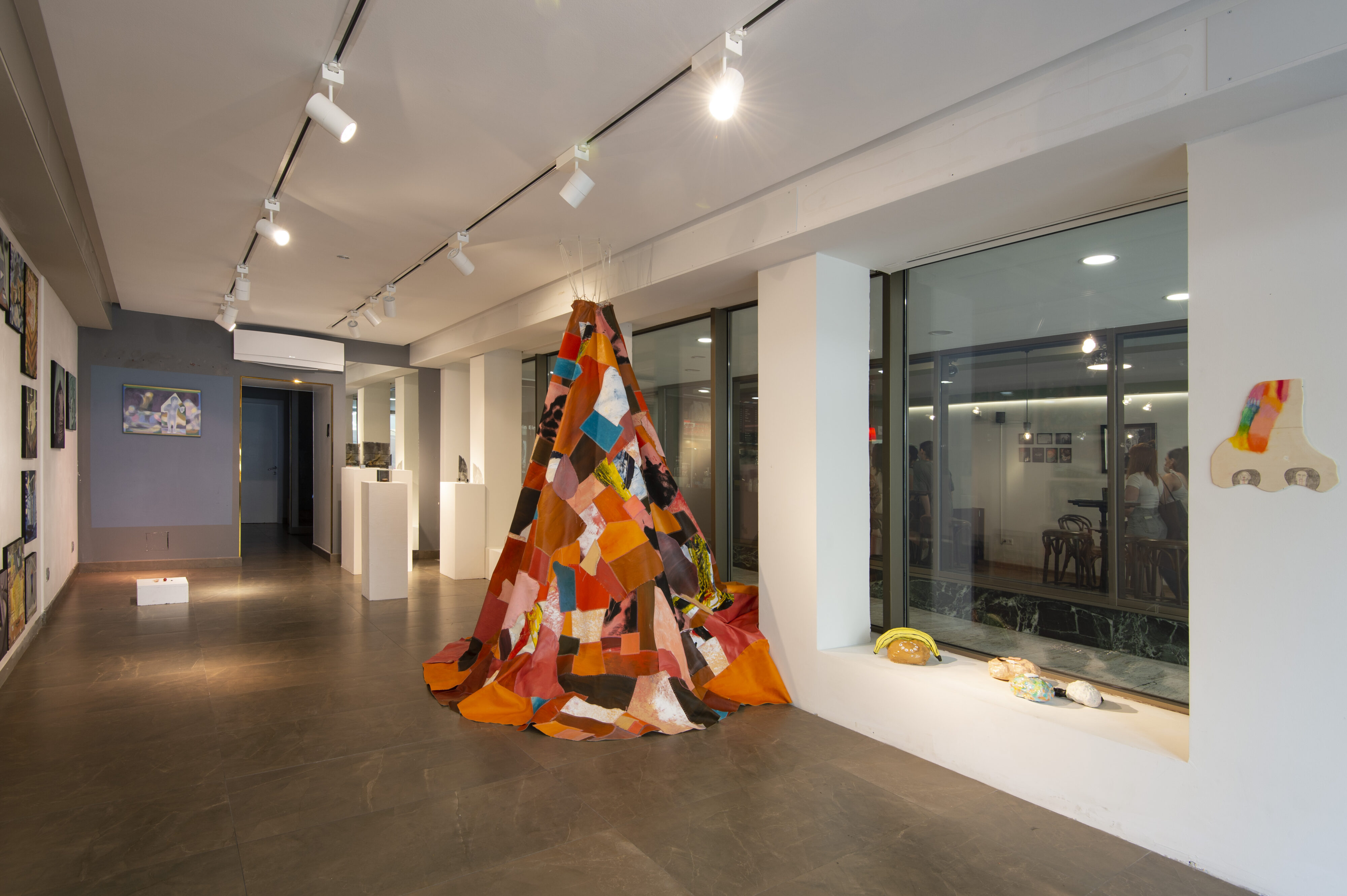

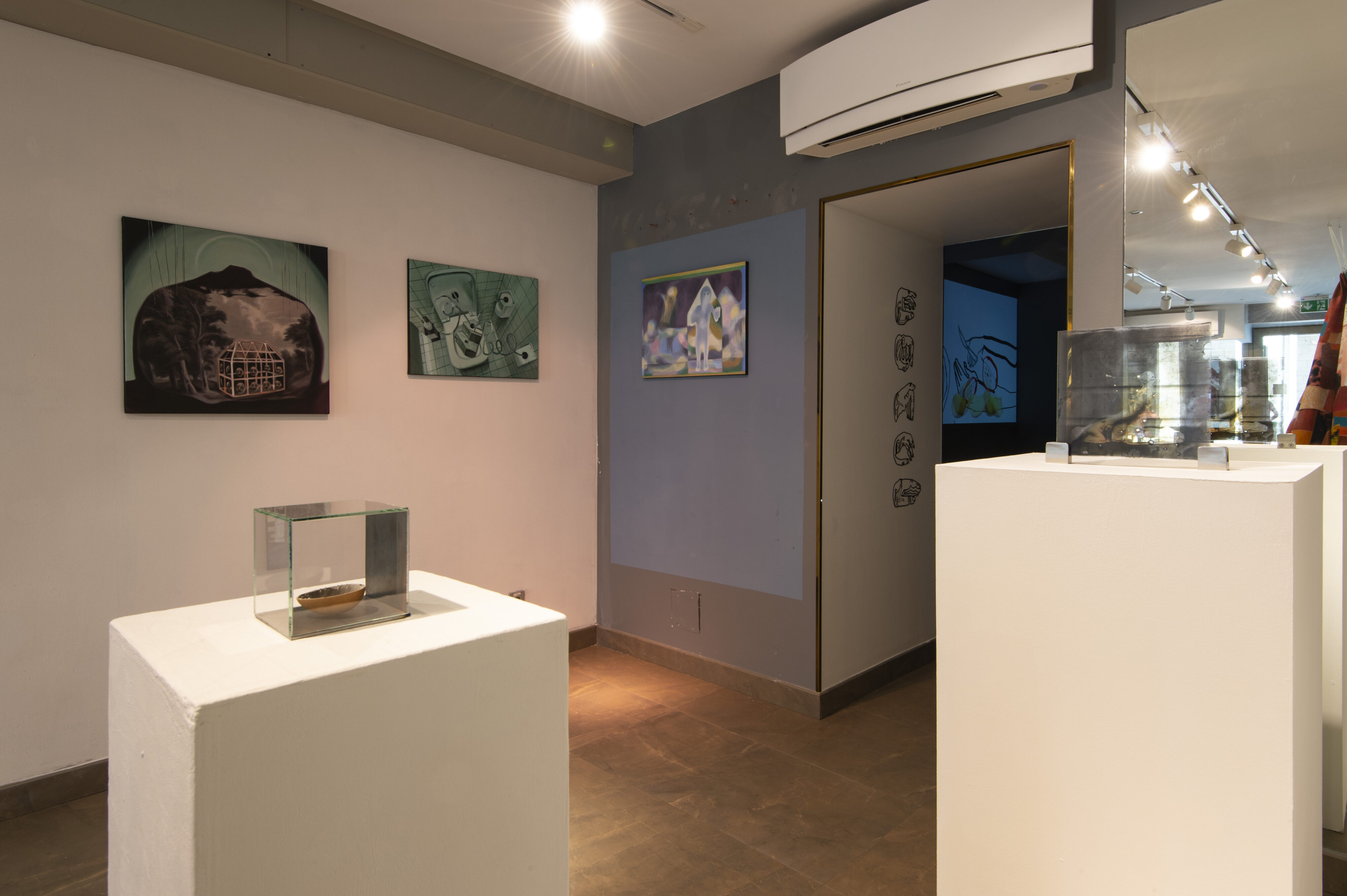
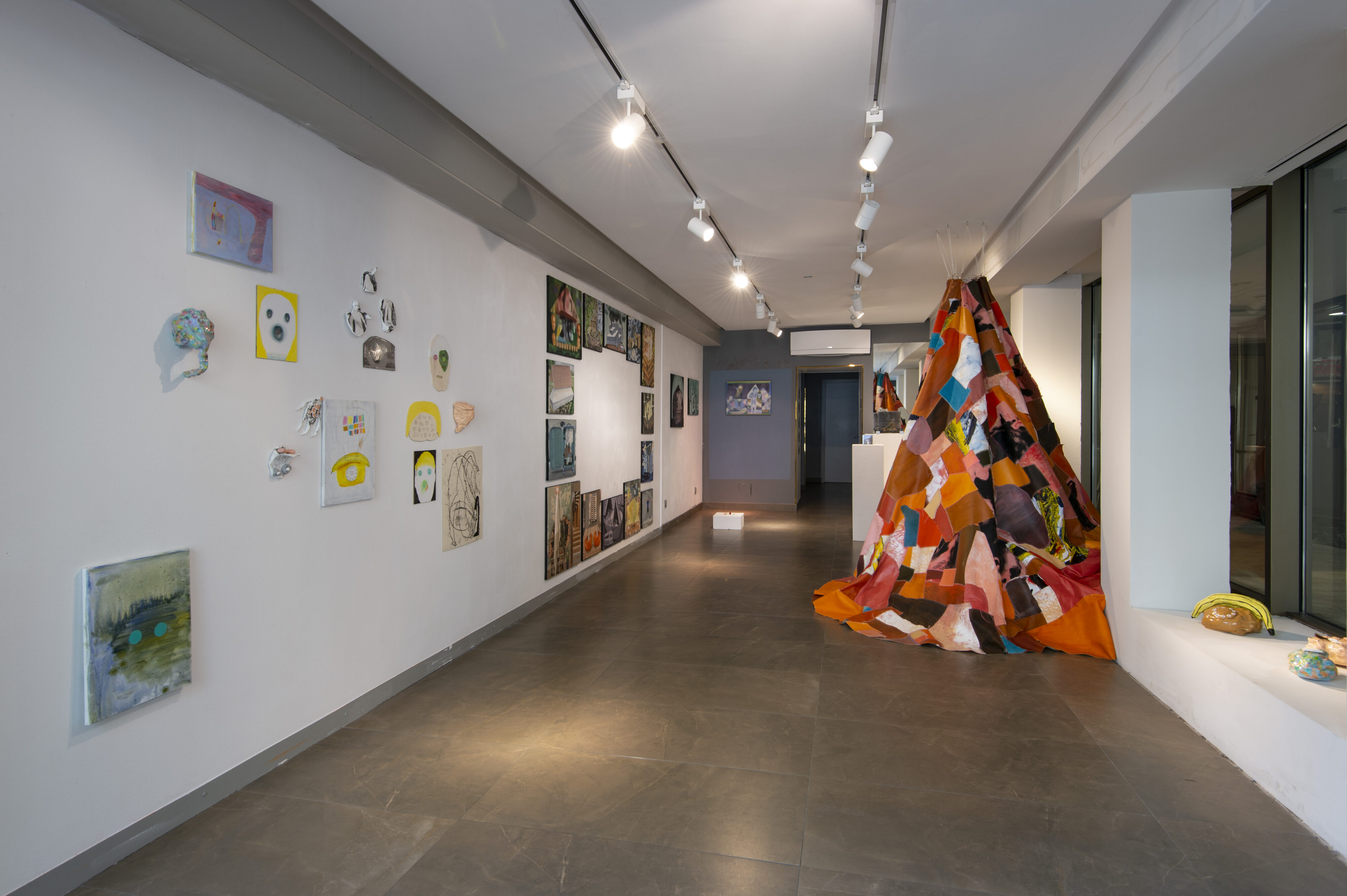
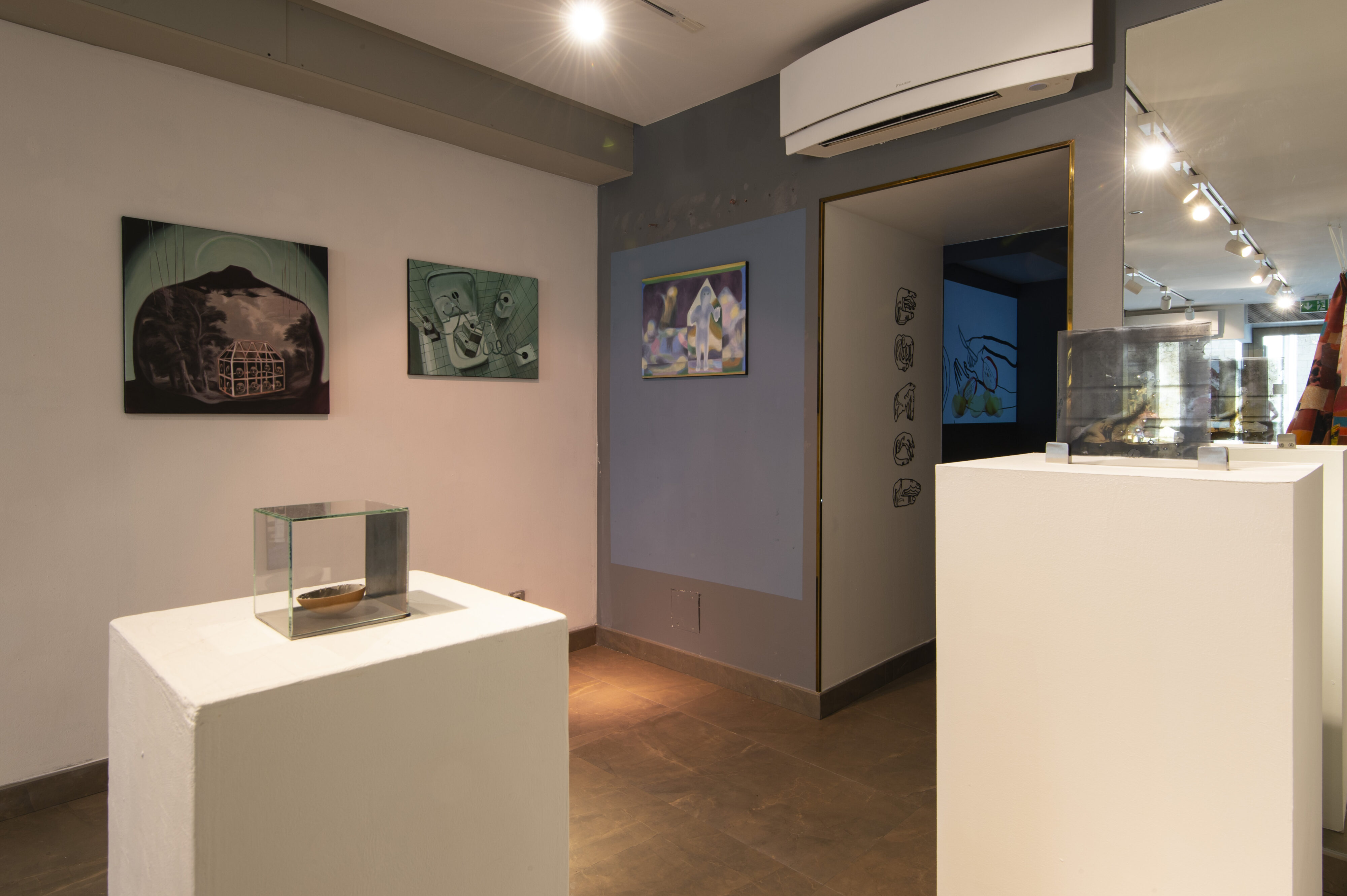
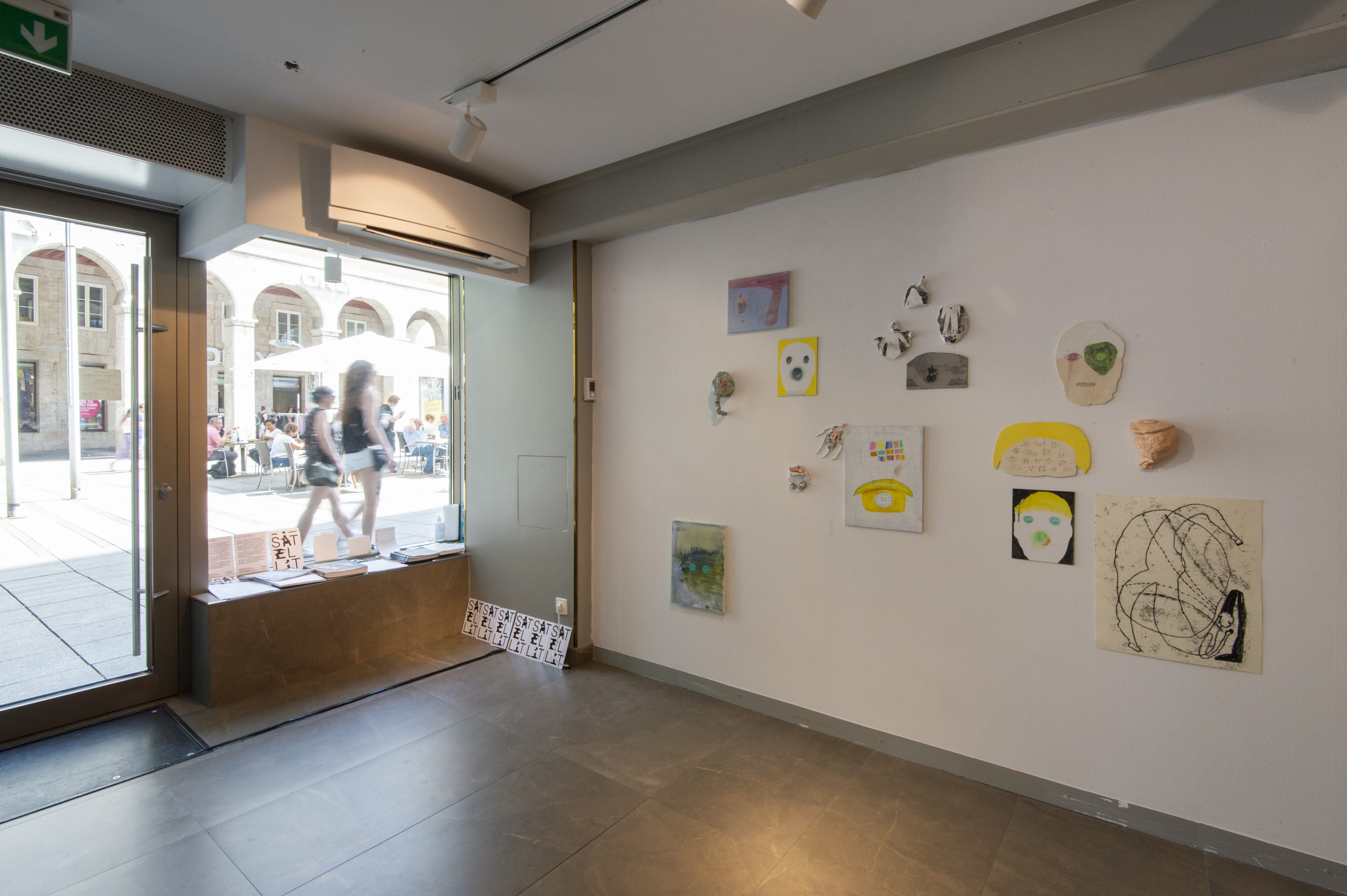
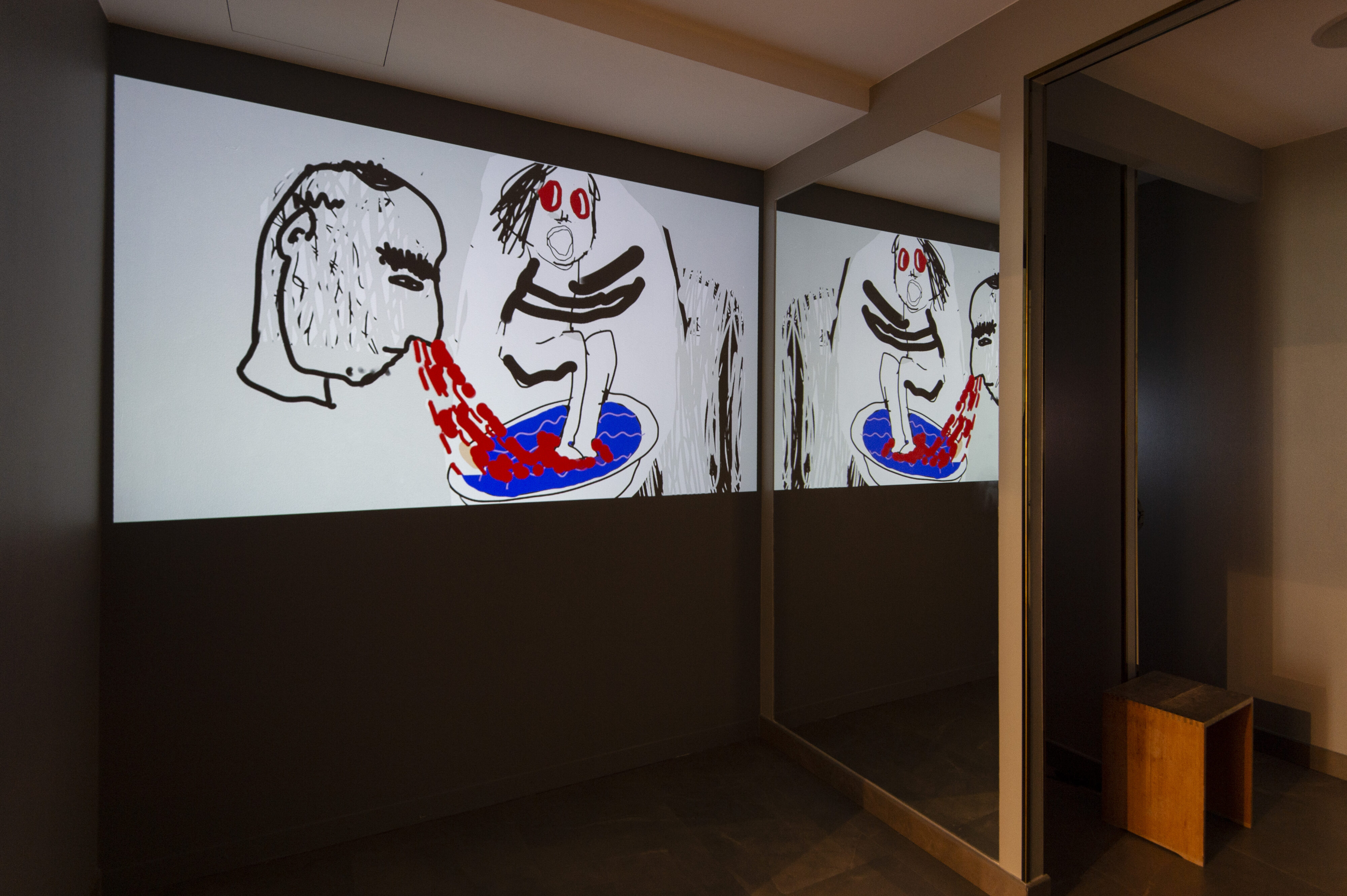
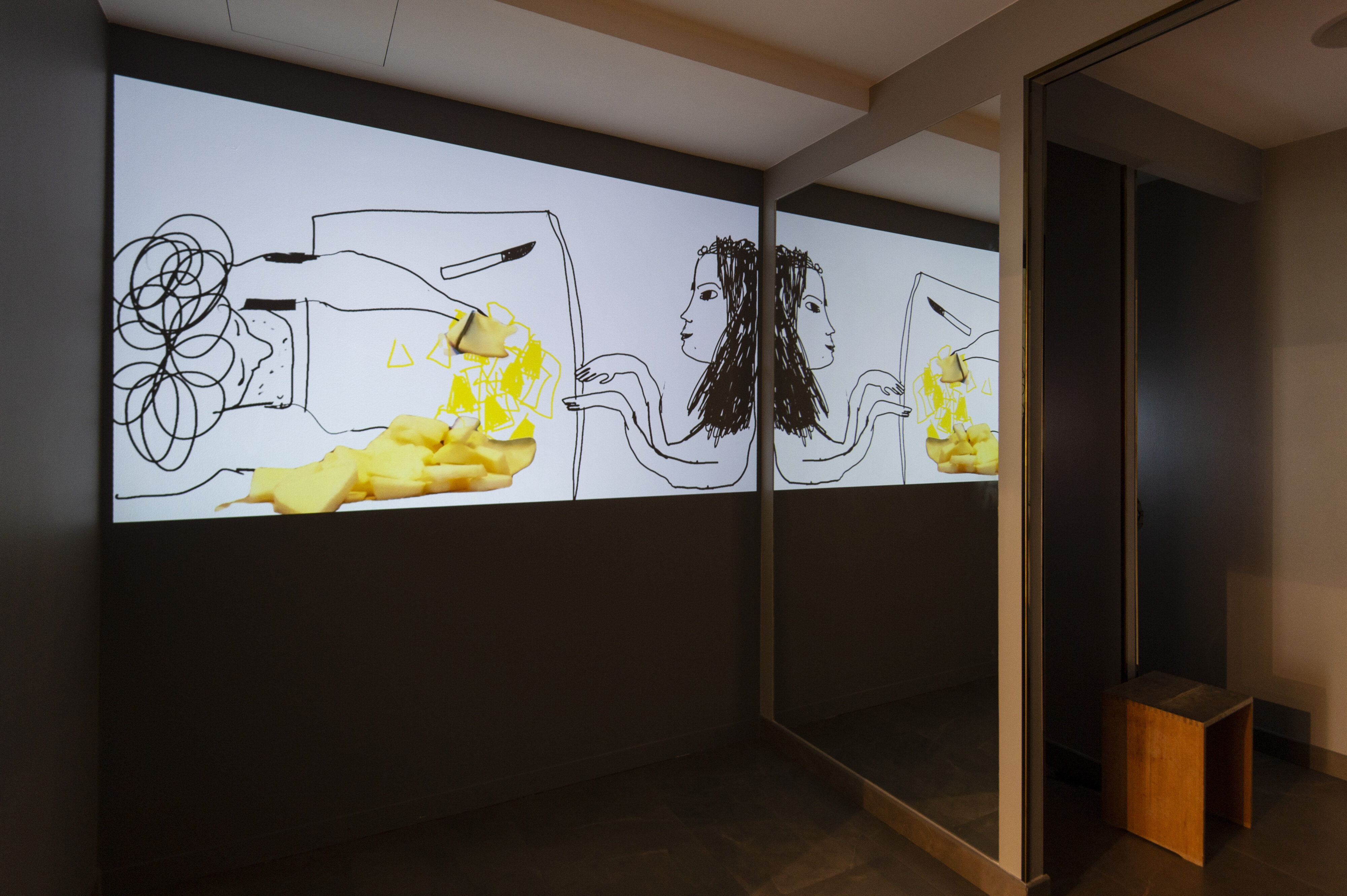
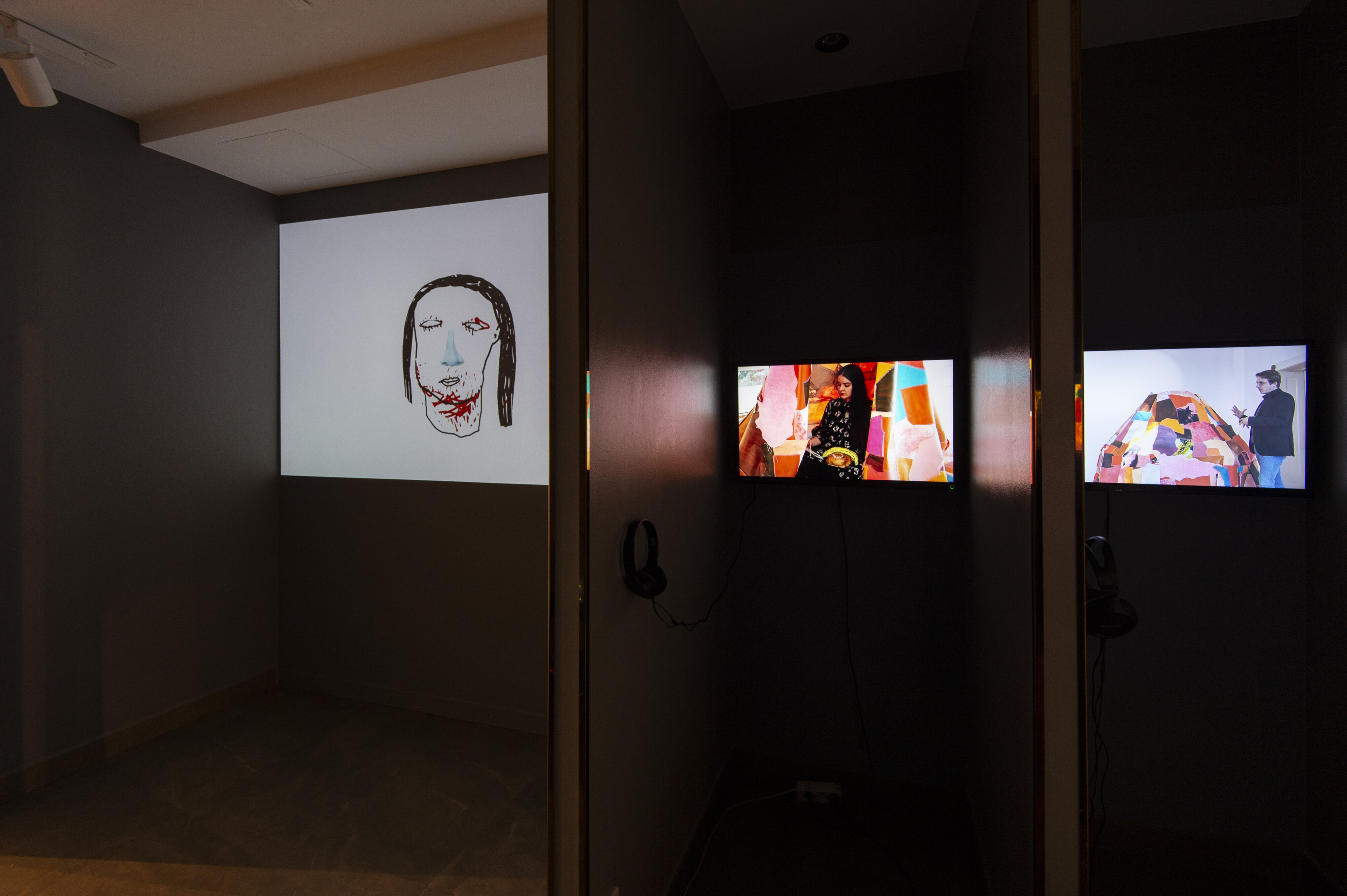

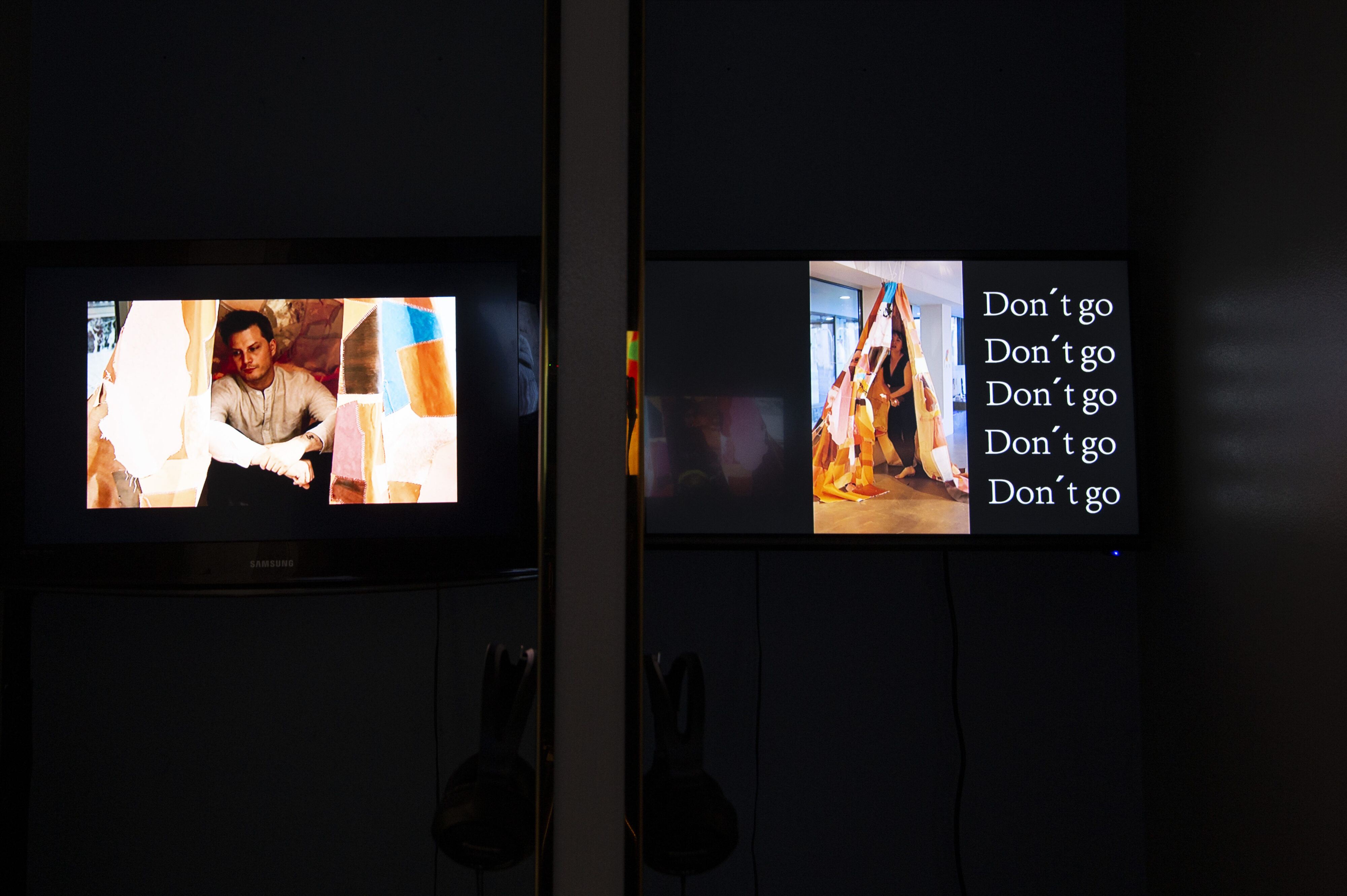
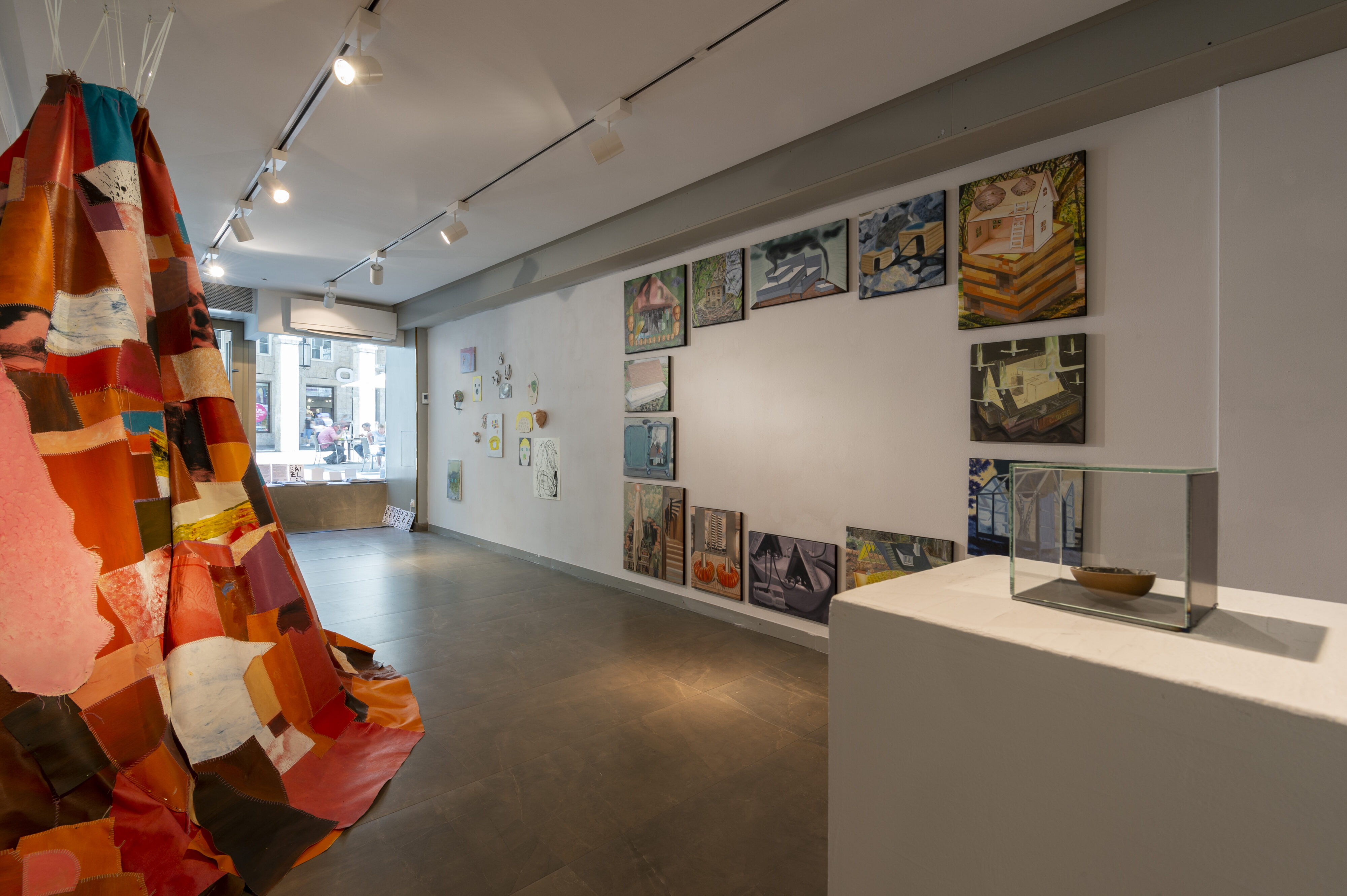
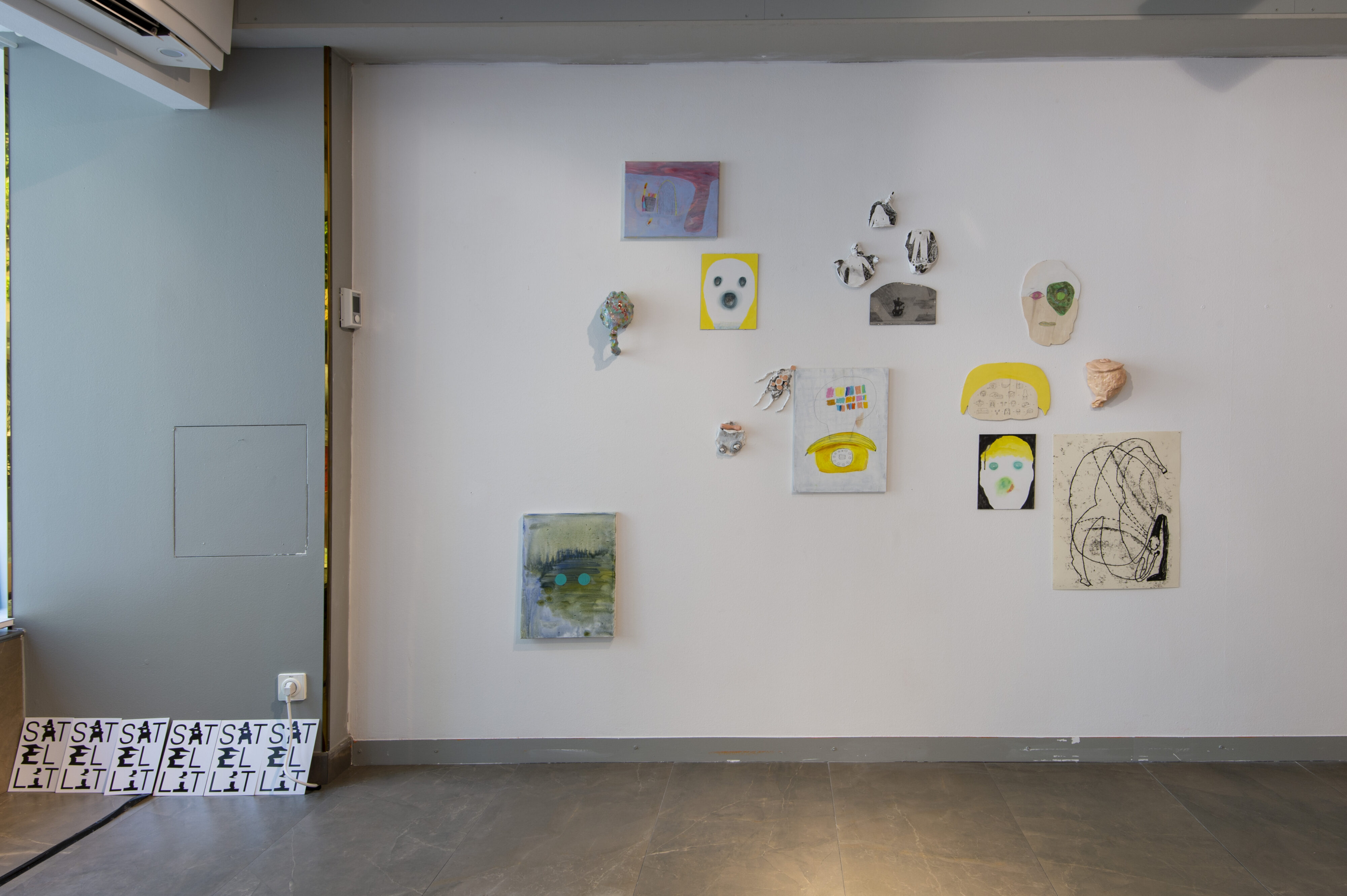
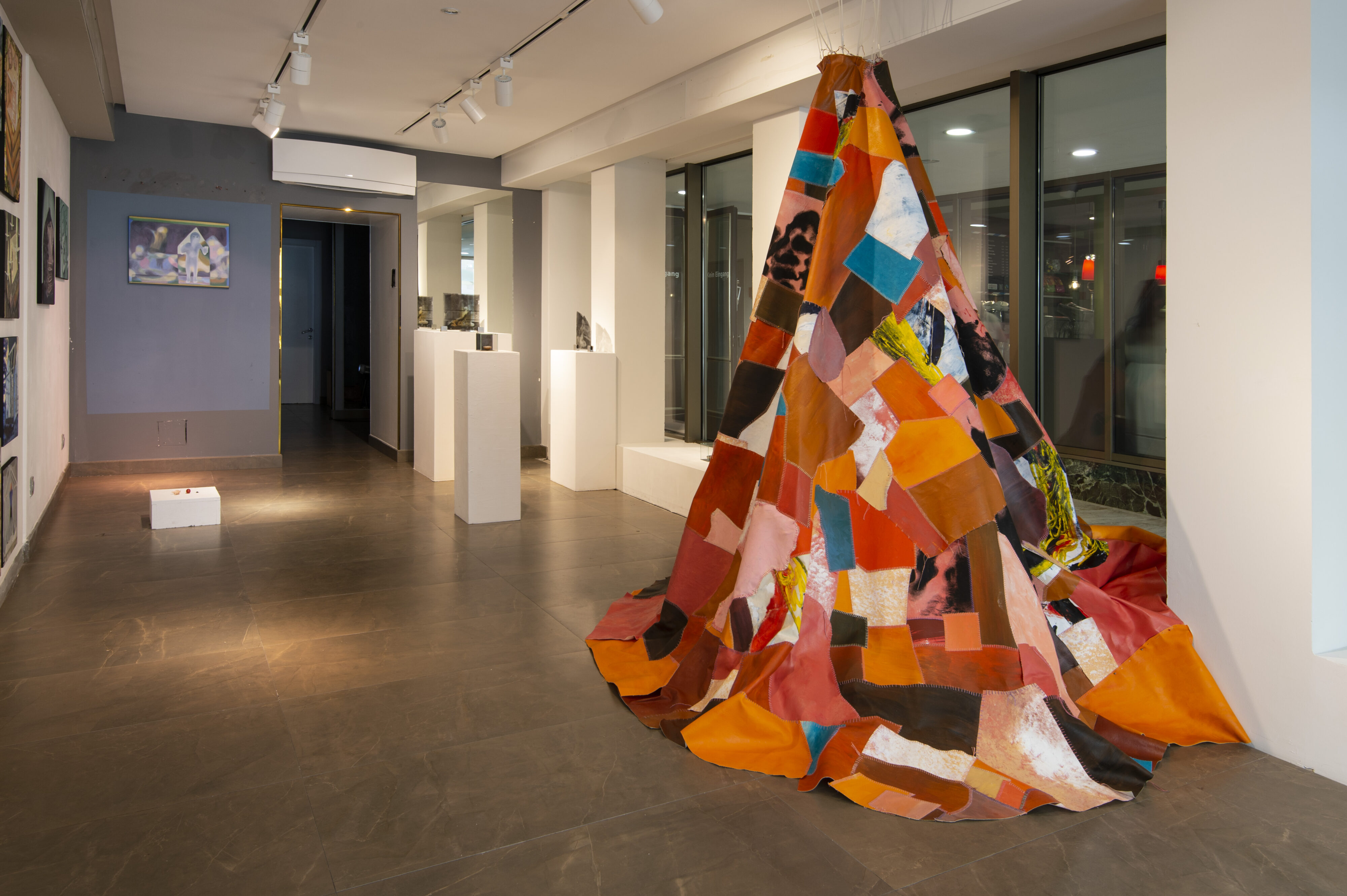
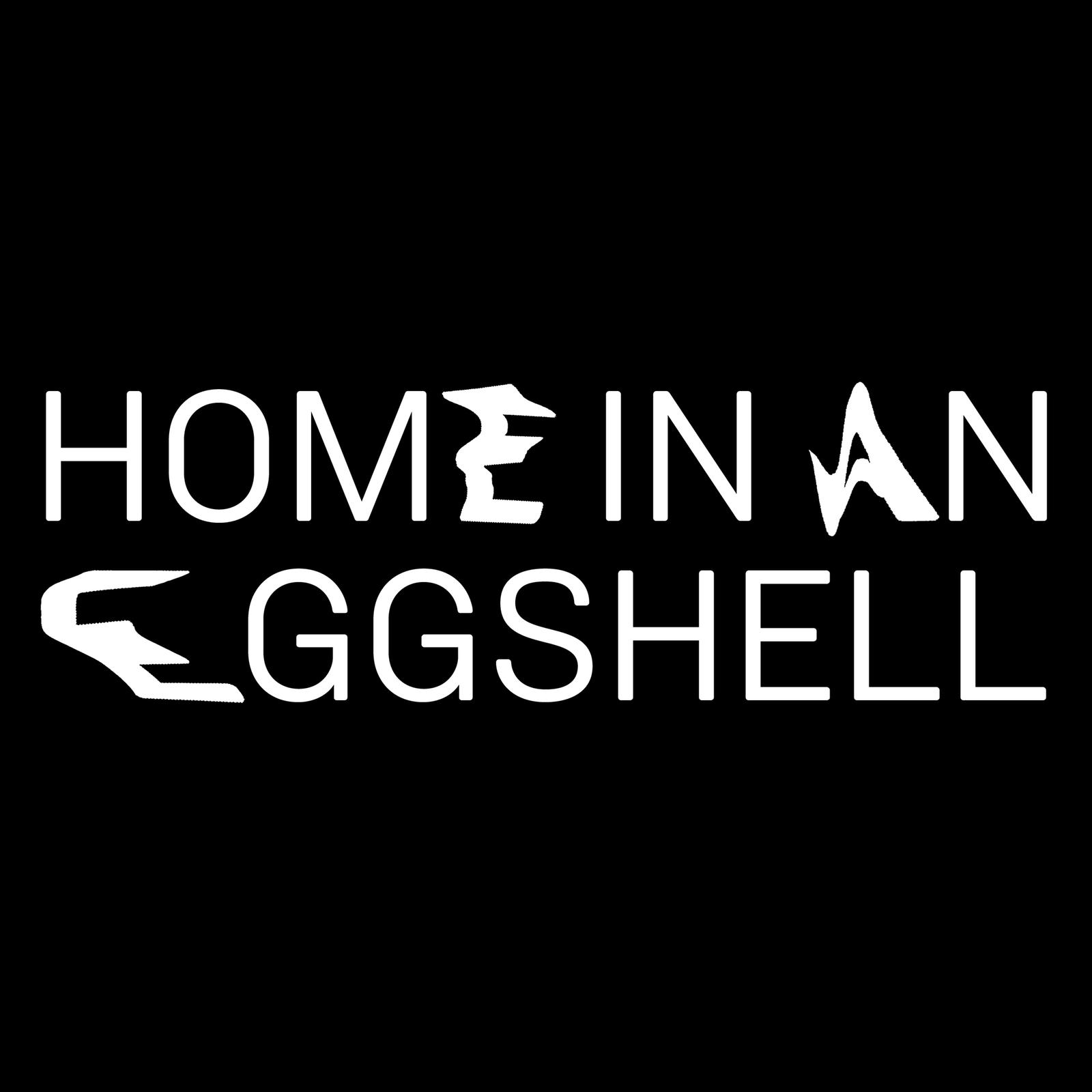
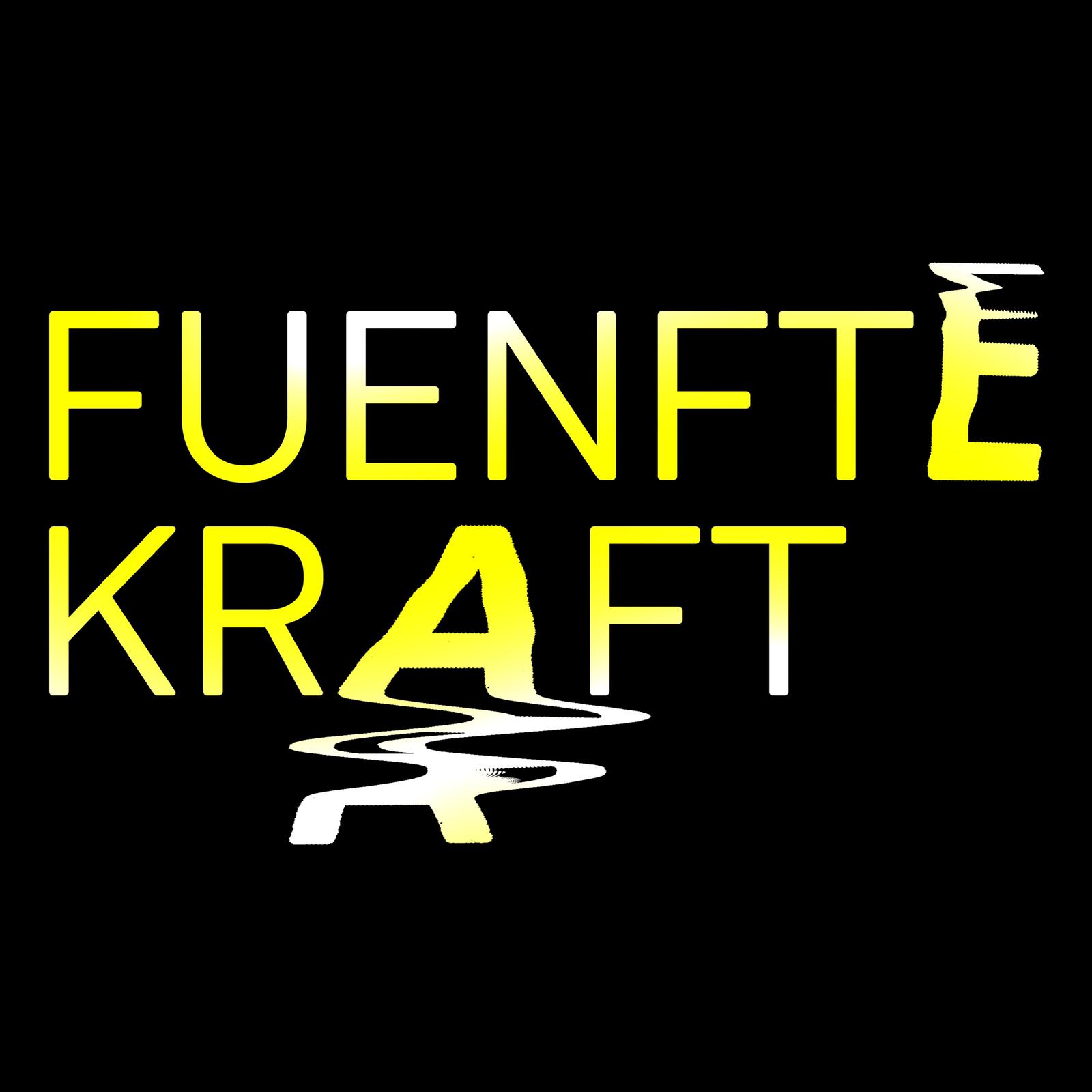
For our eighth Tuesday workshop, we are swapping roles:
Ronald Kolb will present the workshop, event and exhibition project “Small Projects for Coming Communities”, which took place in Stuttgart in 2018 and serves him as a sketch of an expanded concept of exhibition (“expanded exhibition”).
Tuesday, June 8 2021, 7pm
https://us02web.zoom.us/j/87291399689?pwd=QkFoNXYzRUZGdlBnbUtXb3hBWjlJZz09
Meeting-ID: 872 9139 9689
Code: 498907
___
Tuesday Workshop
From October 2020, artists and other cultural workers will meet every second Tuesday of the month at 7 pm at Künstlerhaus Stuttgart to present their artistic practice, exchange and discuss ideas, and get to know each other better.
The Künstlerhaus invites an artist or a collective—meaning any artists or cultural workers from any field or discipline—to talk about their working methods as well as their backgrounds and approaches. We want to establish a platform for a more in-depth interaction with regard to artistic practice, and in doing so to create a network, show solidarity, and mutually strengthen one other.
The series is aimed at all members of Künstlerhaus Stuttgart, artists either living in Stuttgart and the surrounding area or just traveling through, all cultural workers, art mediators, curators, etc., and is open to everyone!

Friedrich Hensen: HUMAN CLOUD
The exhibition HUMAN CLOUD poetically explores the question of what it means to be human in the digital age in a spatial installation using sound, moving images, and words. To what extent are we cyborgs, or have we always been?
Dates
Thursday, 27/05 – ArtsUp-Stammtisch / livestream from Satellit
Please register here: https://us02web.zoom.us/meeting/register/tZEufuivrTIsHtWvv402reJIcWBQZIaC3Knm
Saturday, 29/05 – Vernissage
Tuesday, 01/06 – Lecture Performance: humanCloud
Saturday, 05/06 – Concert with TwoPartout and livestream
Where?
Königstraße 22, 70173 Stuttgart
Friedrich Hensen is an artist, musician and poet from Stuttgart.
He studied at the ABK Stuttgart from 2012-2020 and participated in numerous events of the CAMPUS GEGENWART at the HMDK Stuttgart from 2017, which brought him into contact with New Music.
He describes the starting point of his work as “traversing spheres”.
With this interdisciplinary approach he works mostly multimedia and installative, in which he transforms and resamples different media in others.
For more information about Satellit Stuttgart:
Instagram: satellit_stuttgart
Season 1 – In Orbit
The following artists and collectives have been selected for the Satellit Space and Project Grants 2021 at Schlossplatz:
Episode I
Wed Apr 14th — Wed Apr 28th
Lowland
Episode II
Wed Apr 28th — Wed May 12th
Episode III
Wed May 12th — Wed May 26th
Episode IV
Wed May 26th — Wed Jun 9th
Friedrich Hensen
Episode V
Wed Jun 9th — Wed Jun 23rd
Fünfte Kraft: Min Bark, Mizi Lee, Johanna Mangold, Paula Pelz
Episode VI
Wed Jun 23rd — Wed Jul 7th
Linienscharen
SATELLIT STUTTGART is an association of artists in cooperation with the Künstlerhaus Stuttgart and supported by the Wüstenrot Foundation.
The current situation brings many challenges for solo independent artists, designers and cultural workers. Satellit Stuttgart is intended to be a platform through which independent projects now become visible. We want to strengthen our local network and generate far-reaching, interdisciplinary dialogues.
With Satellit Stuttgart we create a new format of a temporary, inner-city art space. We invite professional solo artists, designers and collectives from Stuttgart and the surrounding area.
For 3 months (April-July), a vacant store space in Stuttgart will become a temporary studio, exhibition and gallery space, an intervention and experimentation area for cultural workers from various disciplines.
The project grants will be awarded to one artist (or artist group/collective) for two weeks (14 days) at a time.
Project management: Karima Klasen, in cooperation with the Künstlerhaus Stuttgart.


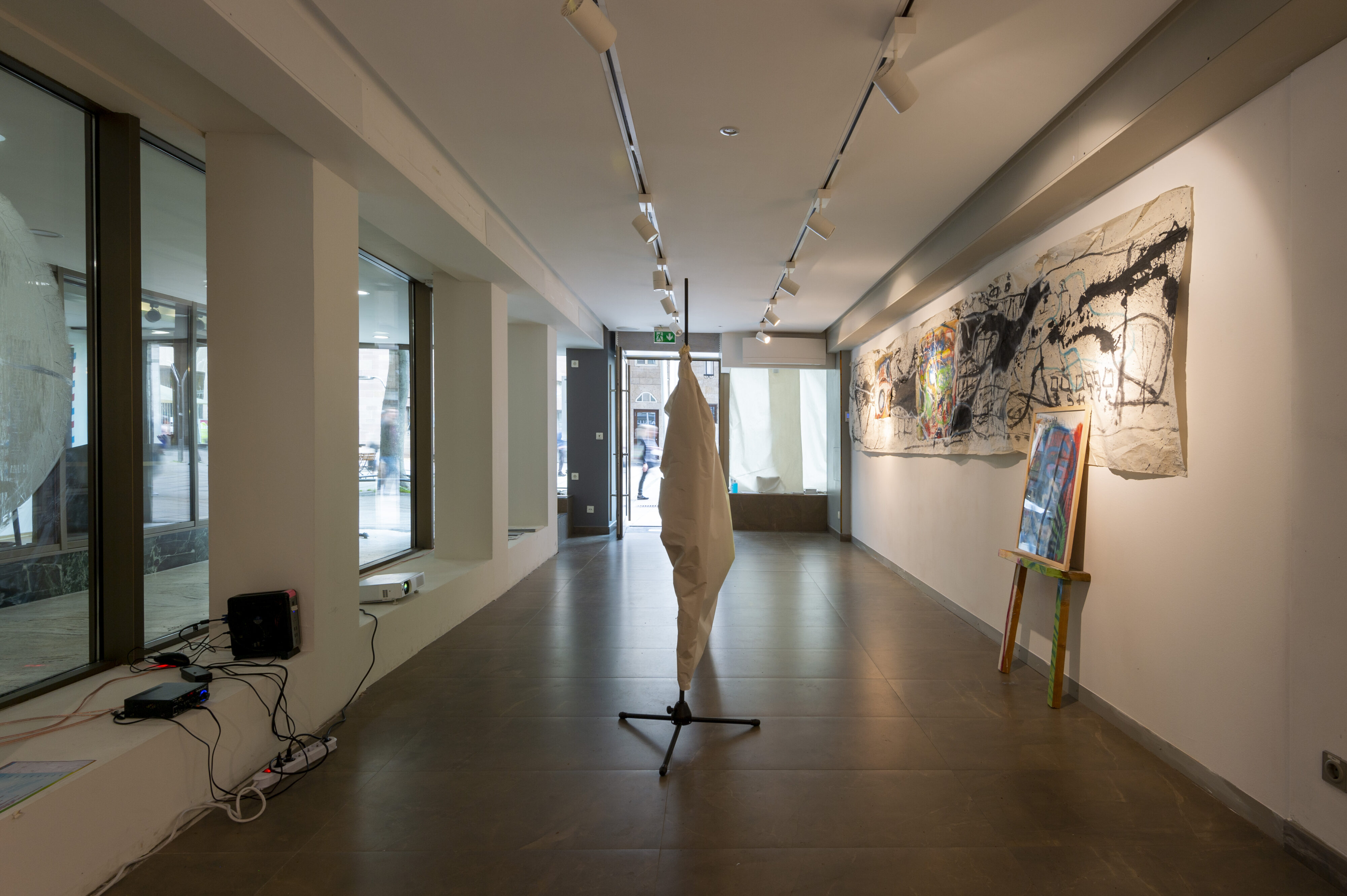
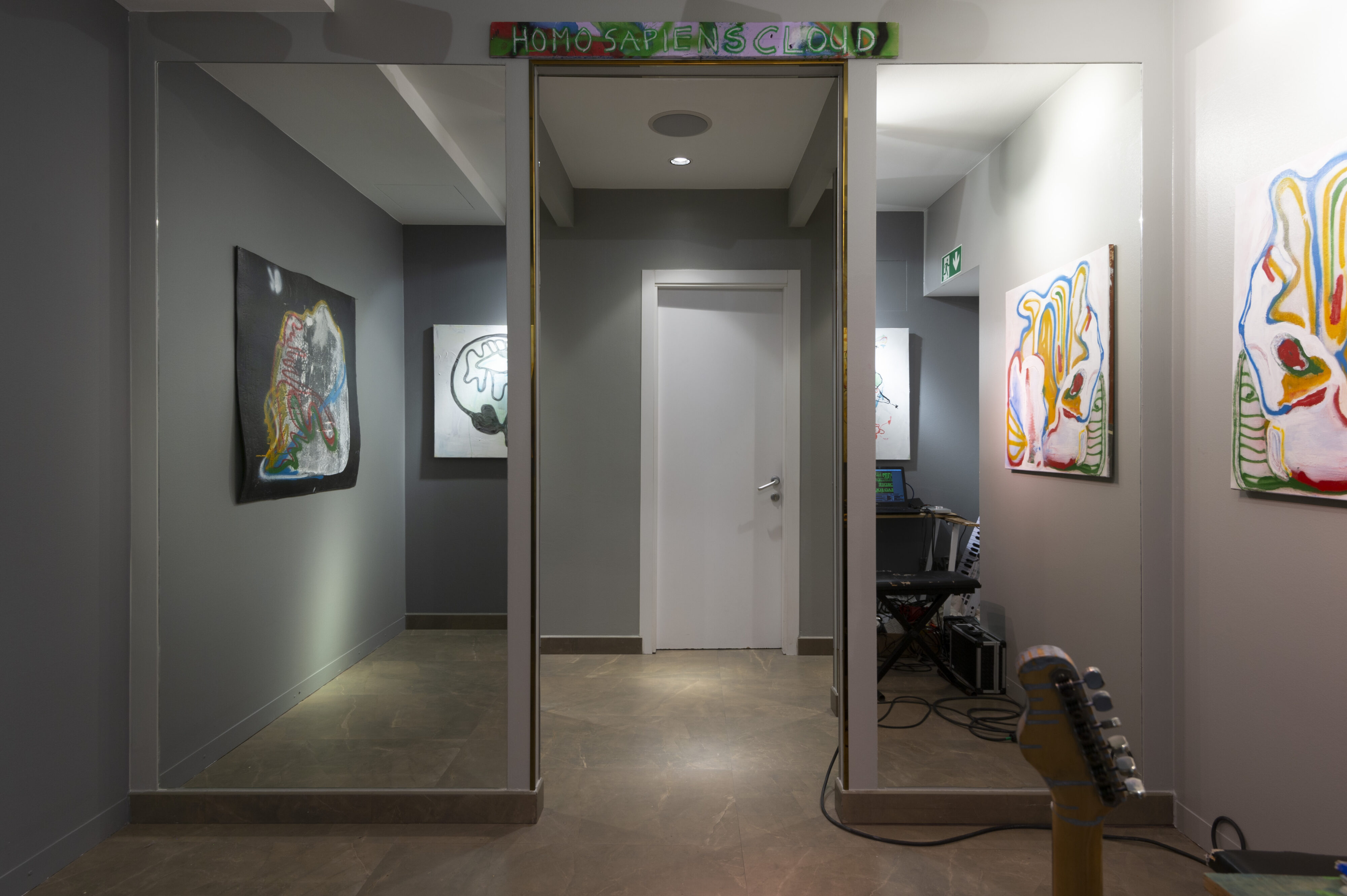


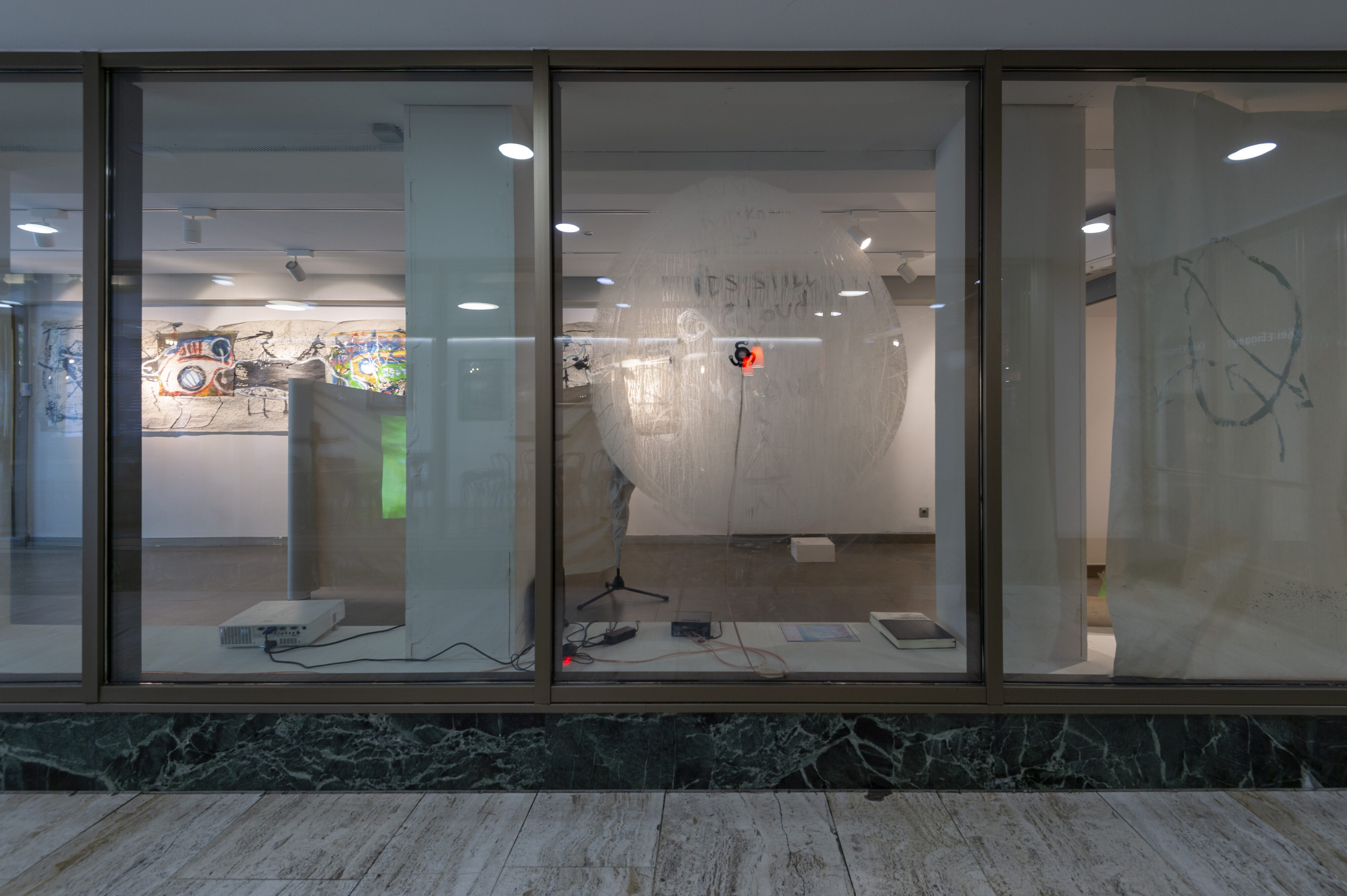
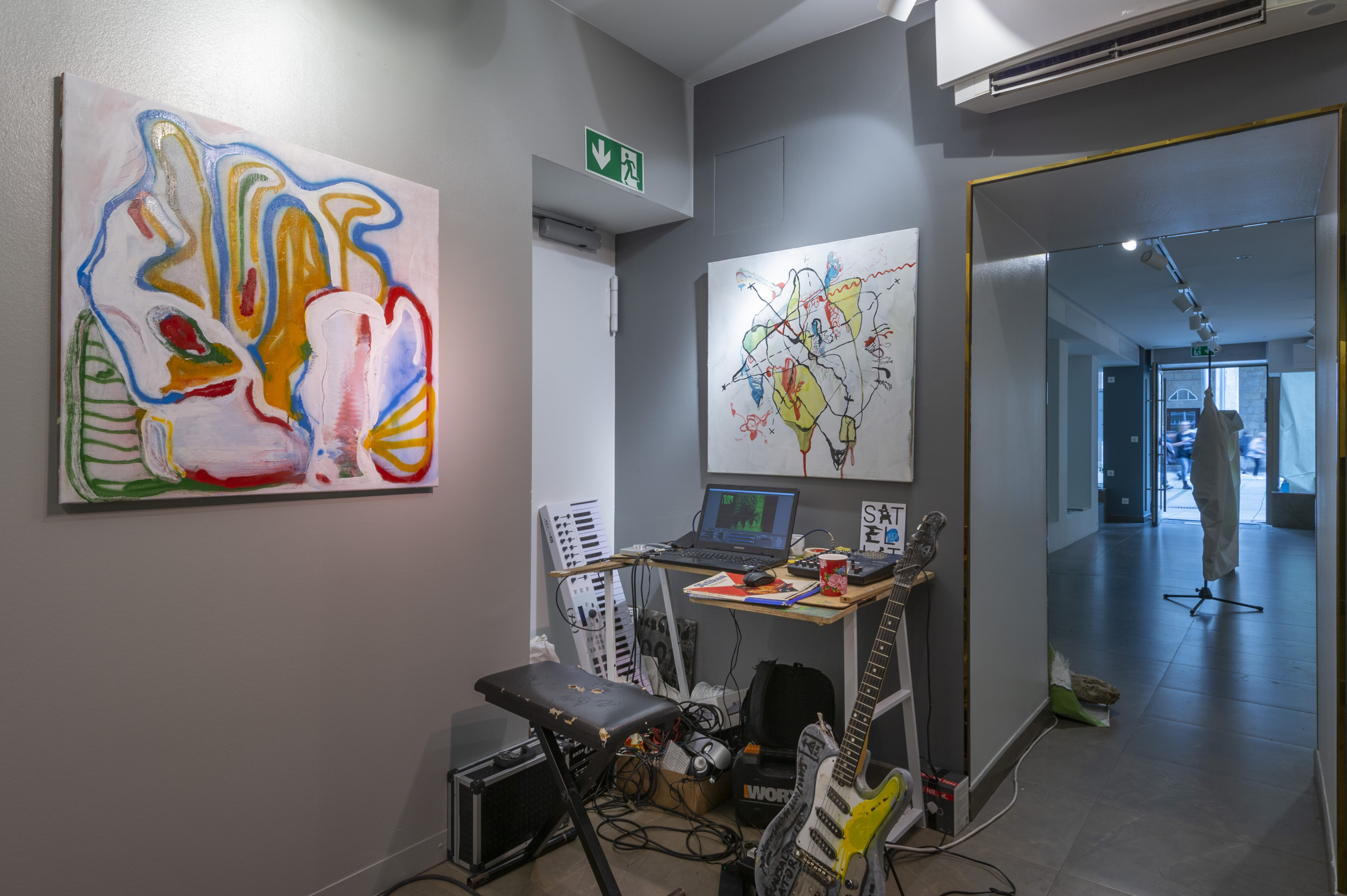
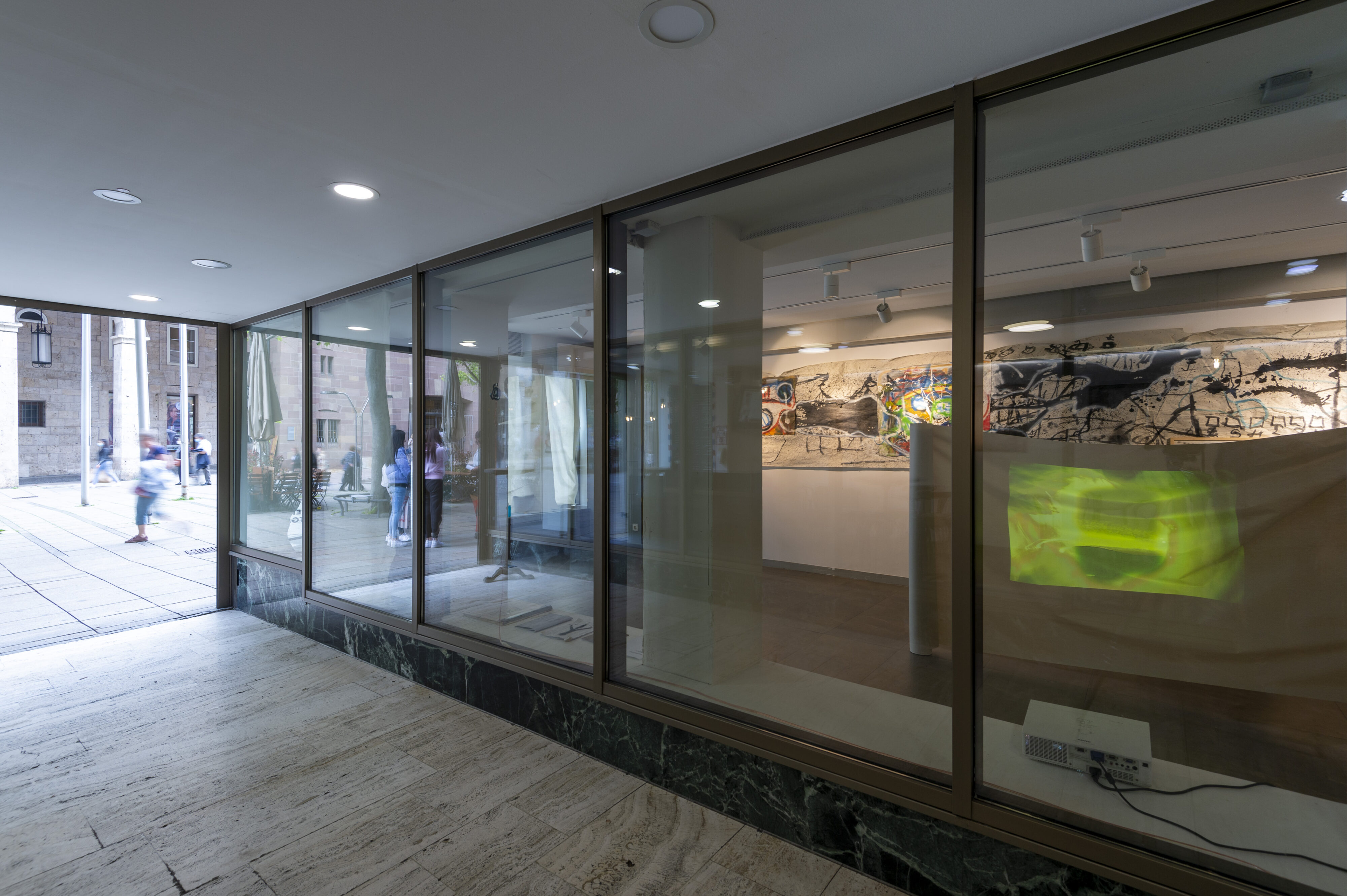
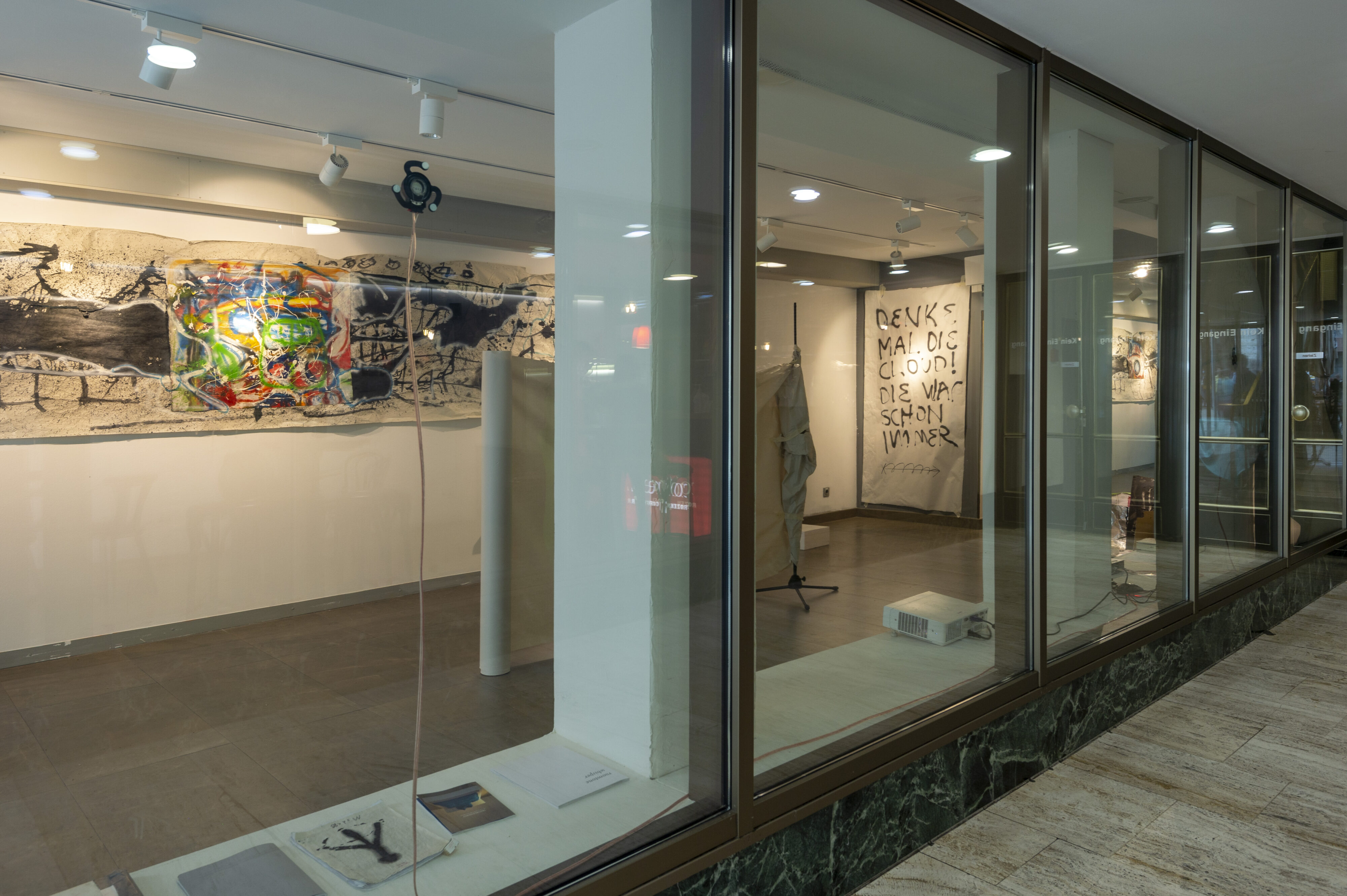

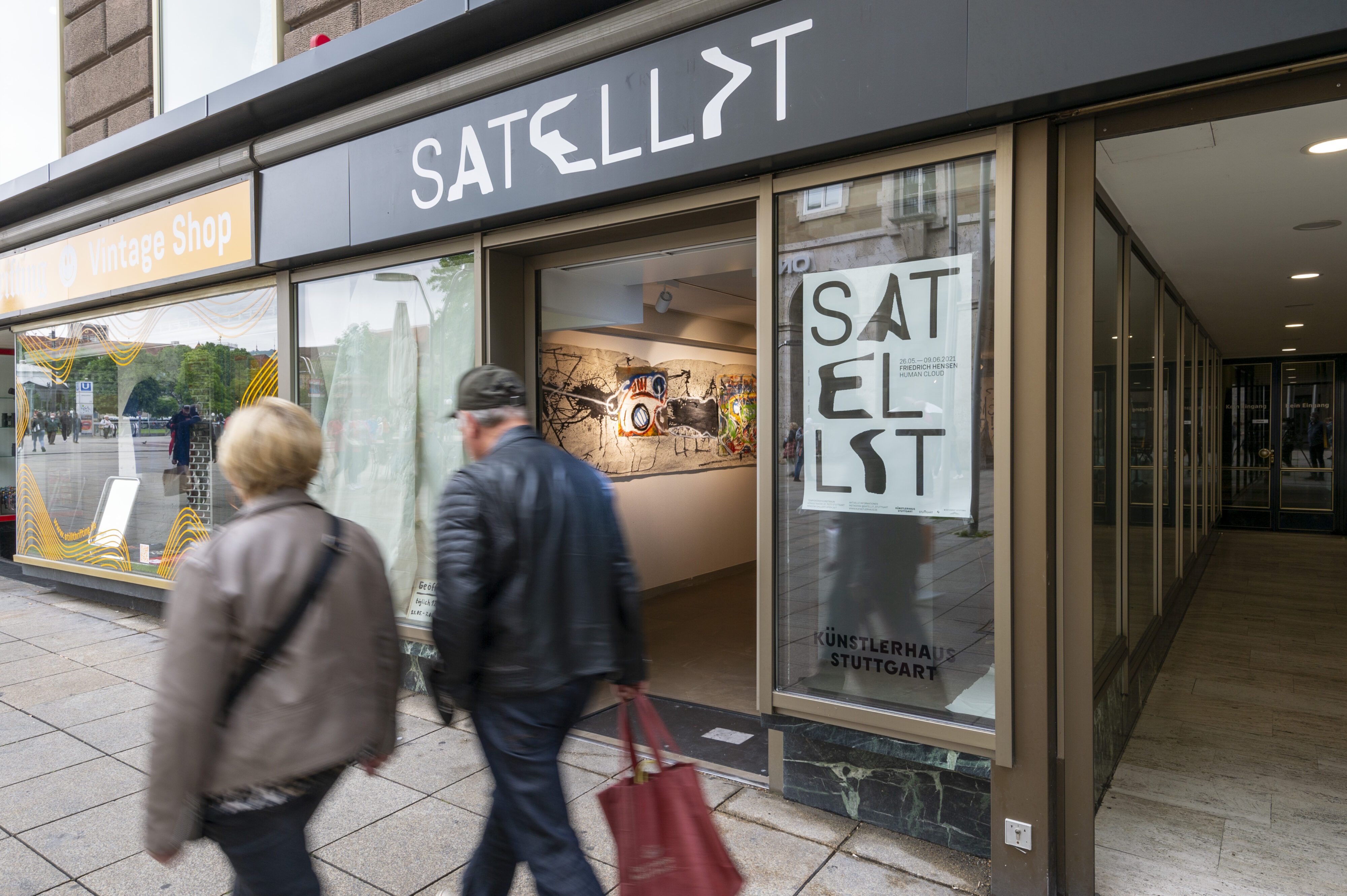



Ann-Josephin Dietz: CARPE DIEM. Holistic Nail Concepts
May 12th – May 26th 2021
The nail studio Holistic Nail Concepts is run by Alana Heubeck, who is also the owner and holistic color coach of CARPE DIEM. After a personal consultation, she will compile an individual nail set for the prospective customer via zoom. This can then be picked up in the nail studio and applied independently with instructions. Through the open consultation hours on site and the Instagram channel @heubeckalana, visitors are given an insight into the working method of Alana Heubeck.
Ann-Josephin Dietz studied at the State Academy of Fine Arts in Stuttgart as well as at the University of Edinburgh (degree: Diplom) from 2013-2020. She works with photography, performance, video, intervention and installation. With her artistic projects she has been represented in numerous group exhibitions, including UG Museum Folkwang, Essen; Galerie Parrotta Contemporary Art, Bonn; Schaulager of EIGEN+ART, Leipzig; Heidelberger Kunstverein; Minshar Gallery, Tel Aviv; Projektraum AKKU, Stuttgart and Staatsgalerie Stuttgart.
Opening hours
mondays 12-2pm, 3-6pm
tuesday 12-2pm, 3-6pm
Live events every Monday 2pm and Tuesday 5pm
Personal appointments by appointment: alana-heubeck(at)web.de
For more information about Satellit Stuttgart:
Instagram: satellit_stuttgart
Season 1 – In Orbit
The following artists and collectives have been selected for the Satellit Space and Project Grants 2021 at Schlossplatz:
Episode I
Wed Apr 14th — Wed Apr 28th
Lowland
Episode II
Wed Apr 28th — Wed May 12th
Episode III
Wed May 12th — Wed May 26th
Ann-Josephin Dietz
Episode IV
Wed May 26th — Wed Jun 9th
Friedrich Hensen
Episode V
Wed Jun 9th — Wed Jun 23rd
Fünfte Kraft: Min Bark, Mizi Lee, Johanna Mangold, Paula Pelz
Episode VI
Wed Jun 23rd — Wed Jul 7th
Linienscharen
SATELLIT STUTTGART is an association of artists in cooperation with the Künstlerhaus Stuttgart and supported by the Wüstenrot Foundation.
The current situation brings many challenges for solo independent artists, designers and cultural workers. Satellit Stuttgart is intended to be a platform through which independent projects now become visible. We want to strengthen our local network and generate far-reaching, interdisciplinary dialogues.
With Satellit Stuttgart we create a new format of a temporary, inner-city art space. We invite professional solo artists, designers and collectives from Stuttgart and the surrounding area.
For 3 months (April-July), a vacant store space in Stuttgart will become a temporary studio, exhibition and gallery space, an intervention and experimentation area for cultural workers from various disciplines.
The project grants will be awarded to one artist (or artist group/collective) for two weeks (14 days) at a time.
Project management: Karima Klasen, in cooperation with the Künstlerhaus Stuttgart.

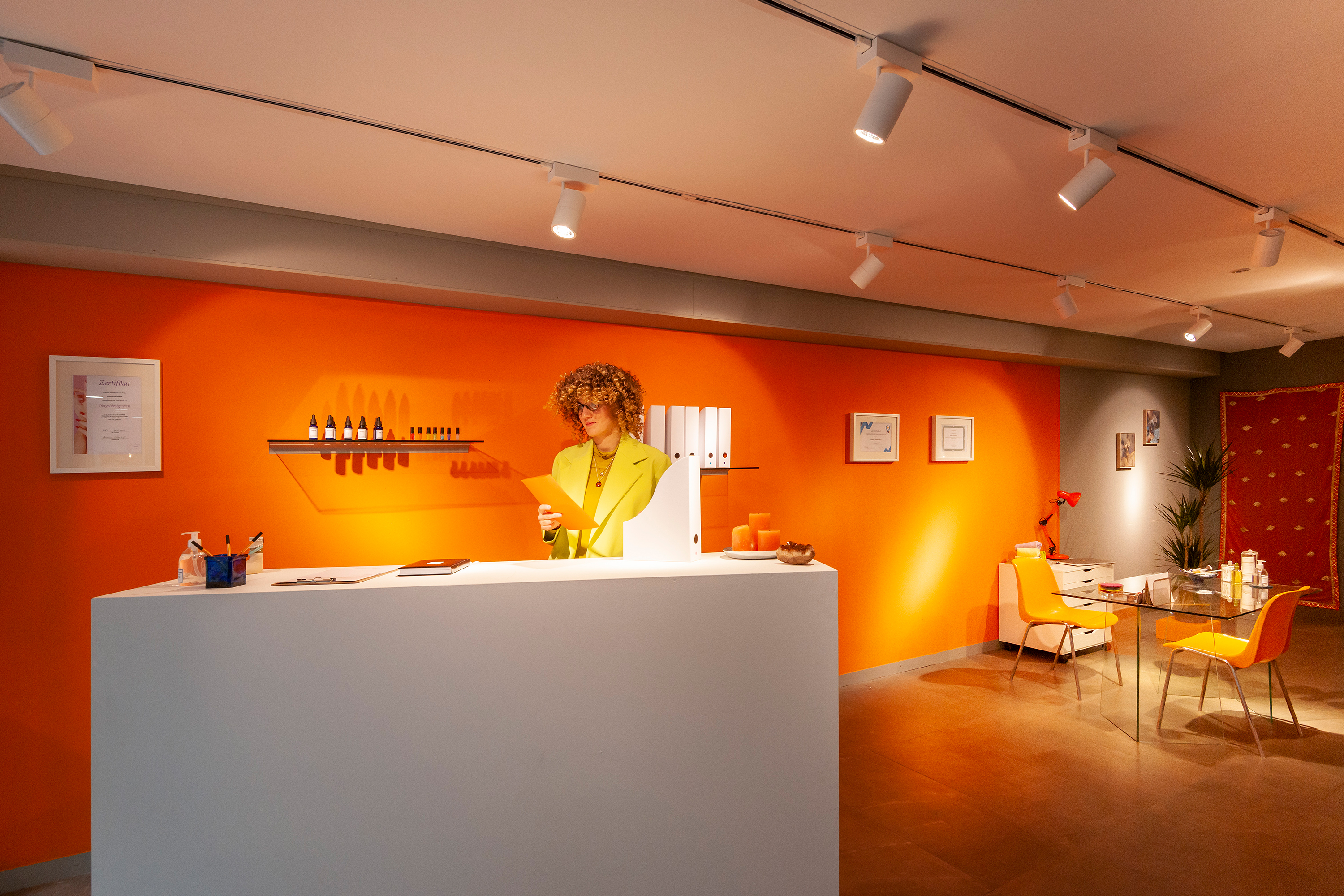

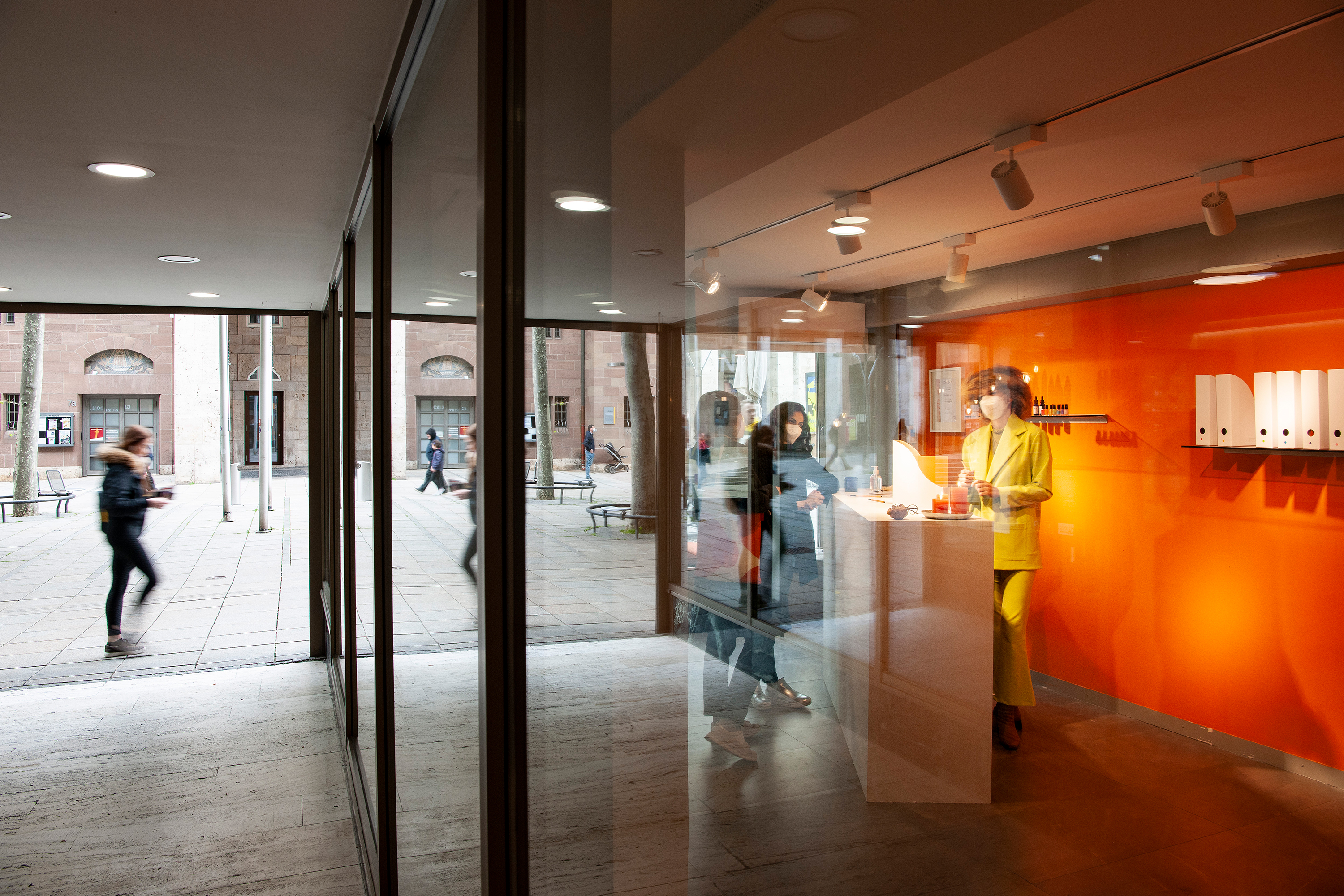
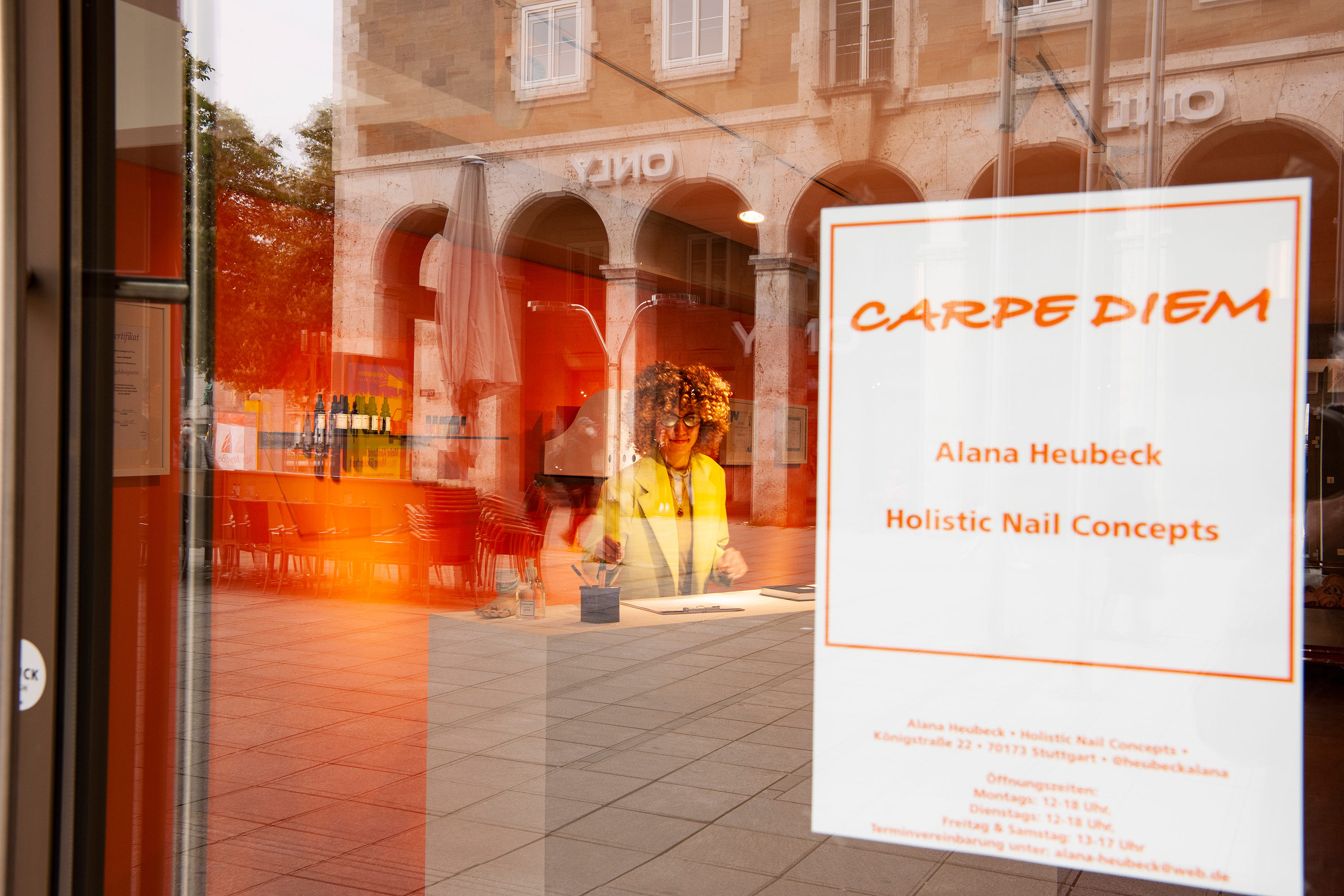

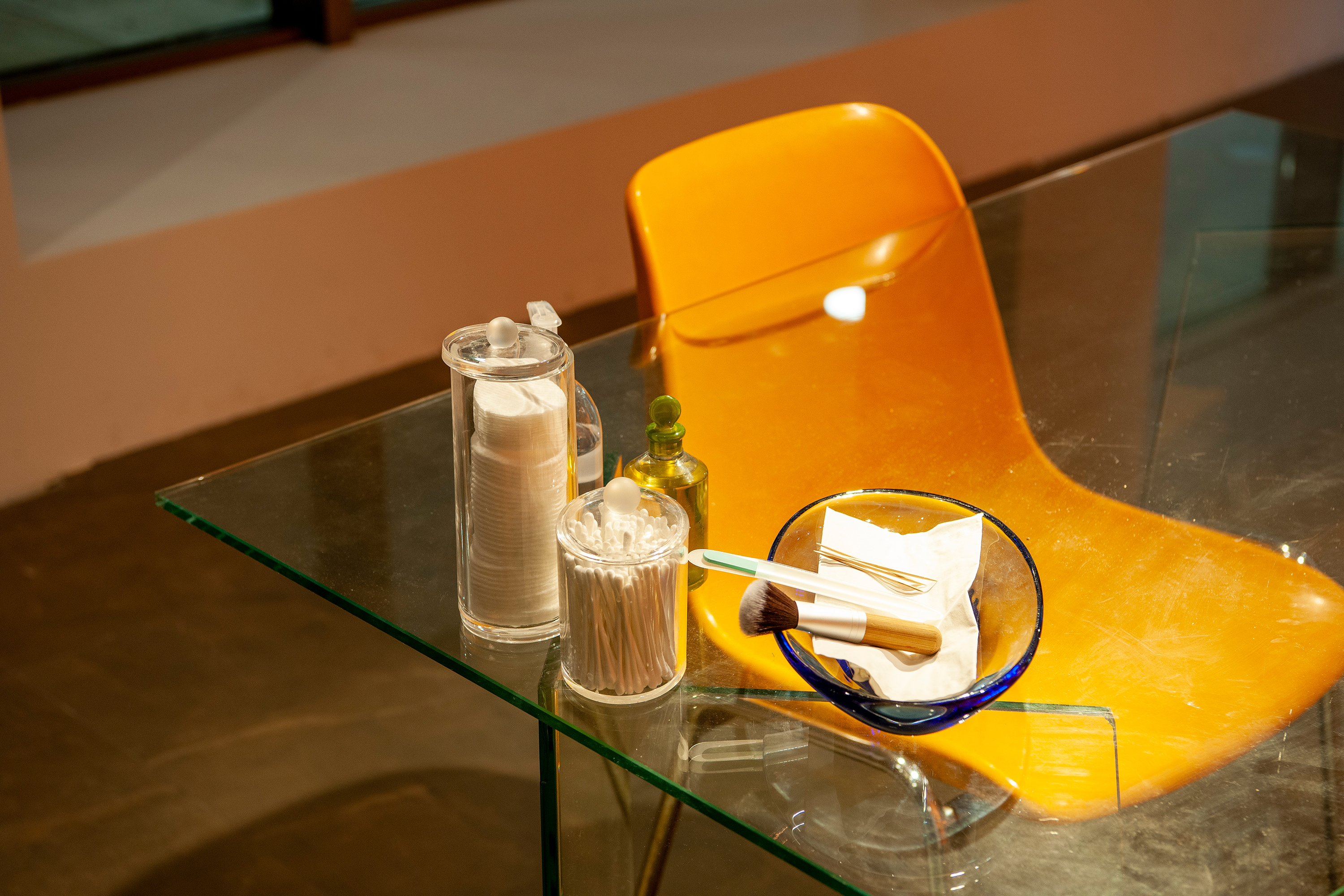



We invite Michael Dreyer to our seventh Tuesday Workshop.
Tuesday, May 11th, 2021, 7pm
Michael Dreyer
is a German artist and designer. He is professor for visual communication at the Merz Academy, University of Design, Art and Media, Stuttgart, and was involved in its realignment in 1982. In 2006 Dreyer founded the “W.O. Scheibe Museum” project as a temporary exhibition space in Stuttgart, continued in the form of film performances (Atelier, 2012, by Peter Ott and Abwinkl ’83, 2021 ff., Video review by and with Dreyer).
___
Tuesday Workshop
From October 2020, artists and other cultural workers will meet every second Tuesday of the month at 7 pm at Künstlerhaus Stuttgart to present their artistic practice, exchange and discuss ideas, and get to know each other better.
The Künstlerhaus invites an artist or a collective—meaning any artists or cultural workers from any field or discipline—to talk about their working methods as well as their backgrounds and approaches. We want to establish a platform for a more in-depth interaction with regard to artistic practice, and in doing so to create a network, show solidarity, and mutually strengthen one other.
The series is aimed at all members of Künstlerhaus Stuttgart, artists either living in Stuttgart and the surrounding area or just traveling through, all cultural workers, art mediators, curators, etc., and is open to everyone!
The new format was initiated by Ronald Kolb and is supported by the Künstlerhaus advisory board.
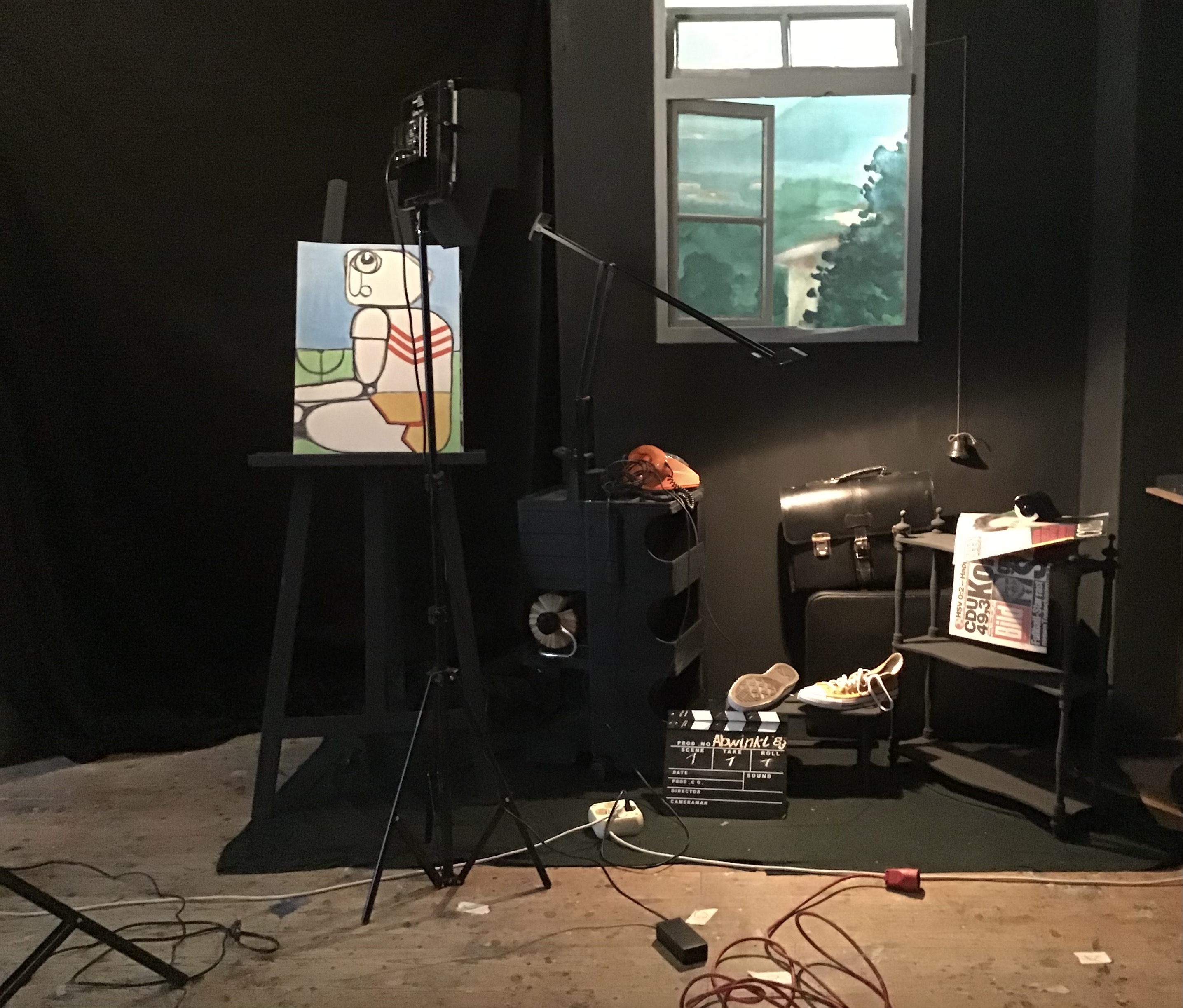
Thomas Weber “Bilder aus der näheren Umgebung”
April 29th – May 12th 2021
Thomas Weber will be present at the following times from 2 – 6 p.m. each day:
Thu. 29.4. //Fri. 30.4. //Sun. 2.5.//Thu. 4.5. //Thu. 6.5. //Fri. 7.5.//Sa. 8.5.//Mo. 10.5 //Thu. 11.5.
More about Satellit Stuttgart:
Instagram: satellit_stuttgart
Season 1 – In Orbit
The following artists and collectives have been selected for the Satellit Space and Project Grants 2021 at Schlossplatz:
Episode I
Wed Apr 14th — Wed Apr 28th
Lowland
Episode II
Wed Apr 28th — Wed May 12th
Thomas Weber
Episode III
Wed May 12th — Wed May 26th
Ann-Josephin Dietz
Episode IV
Wed May 26th — Wed Jun 9th
Friedrich Hensen
Episode V
Wed Jun 9th — Wed Jun 23rd
Min Bark, Mizi Lee, Johanna Mangold, Paula Pelz
Episode VI
Wed Jun 23rd — Wed Jul 7th
Linienscharen
SATELLIT STUTTGART is an association of artists in cooperation with the Künstlerhaus Stuttgart and supported by the Wüstenrot Foundation.
The current situation brings many challenges for solo independent artists, designers and cultural workers. Satellit Stuttgart is intended to be a platform through which independent projects now become visible. We want to strengthen our local network and generate far-reaching, interdisciplinary dialogues.
With Satellit Stuttgart we create a new format of a temporary, inner-city art space. We invite professional solo artists, designers and collectives from Stuttgart and the surrounding area.
For 3 months (April-July), a vacant store space in Stuttgart will become a temporary studio, exhibition and gallery space, an intervention and experimentation area for cultural workers from various disciplines.
The project grants will be awarded to one artist (or artist group/collective) for two weeks (14 days) at a time.
Project management: Karima Klasen, in cooperation with the Künstlerhaus Stuttgart.

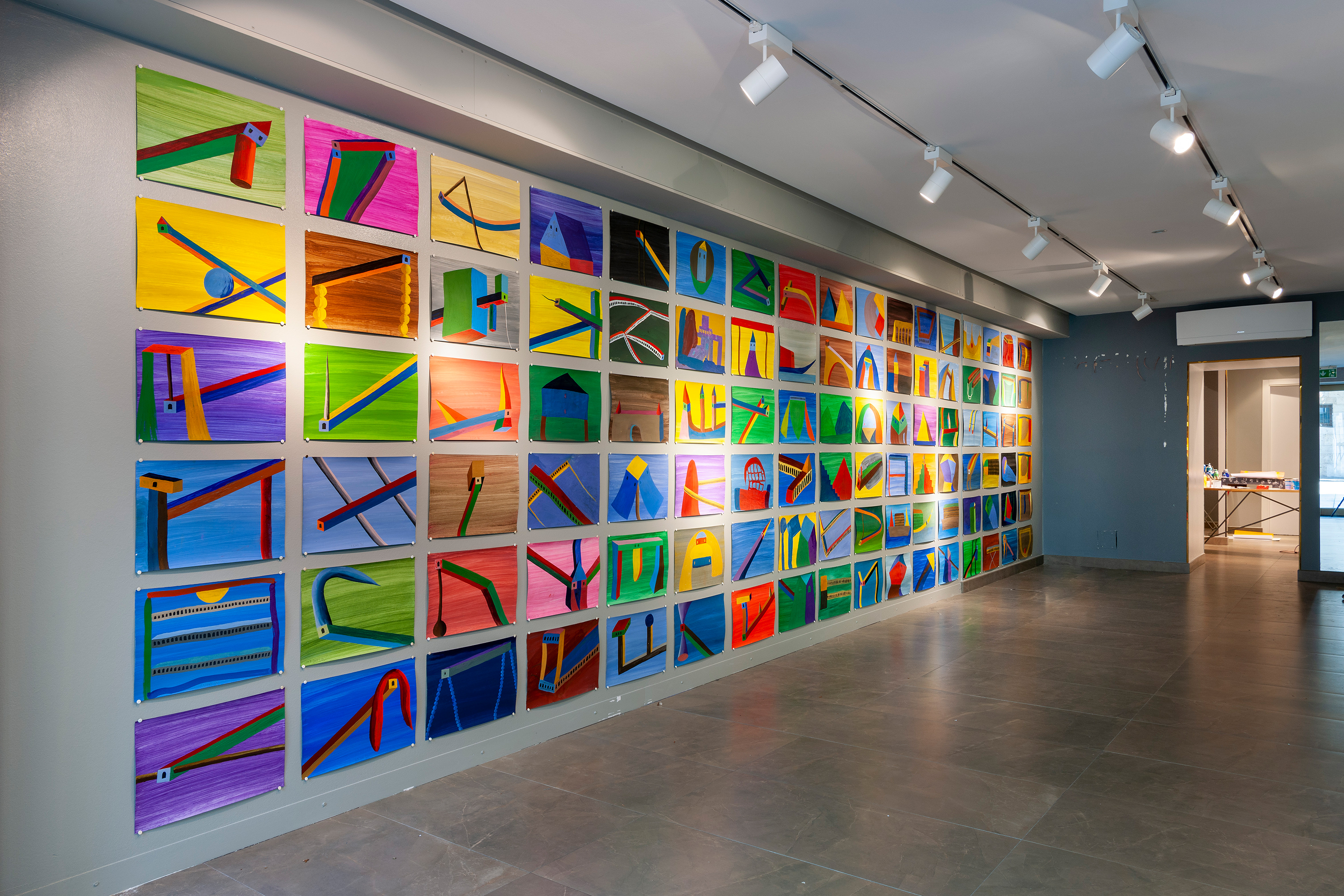
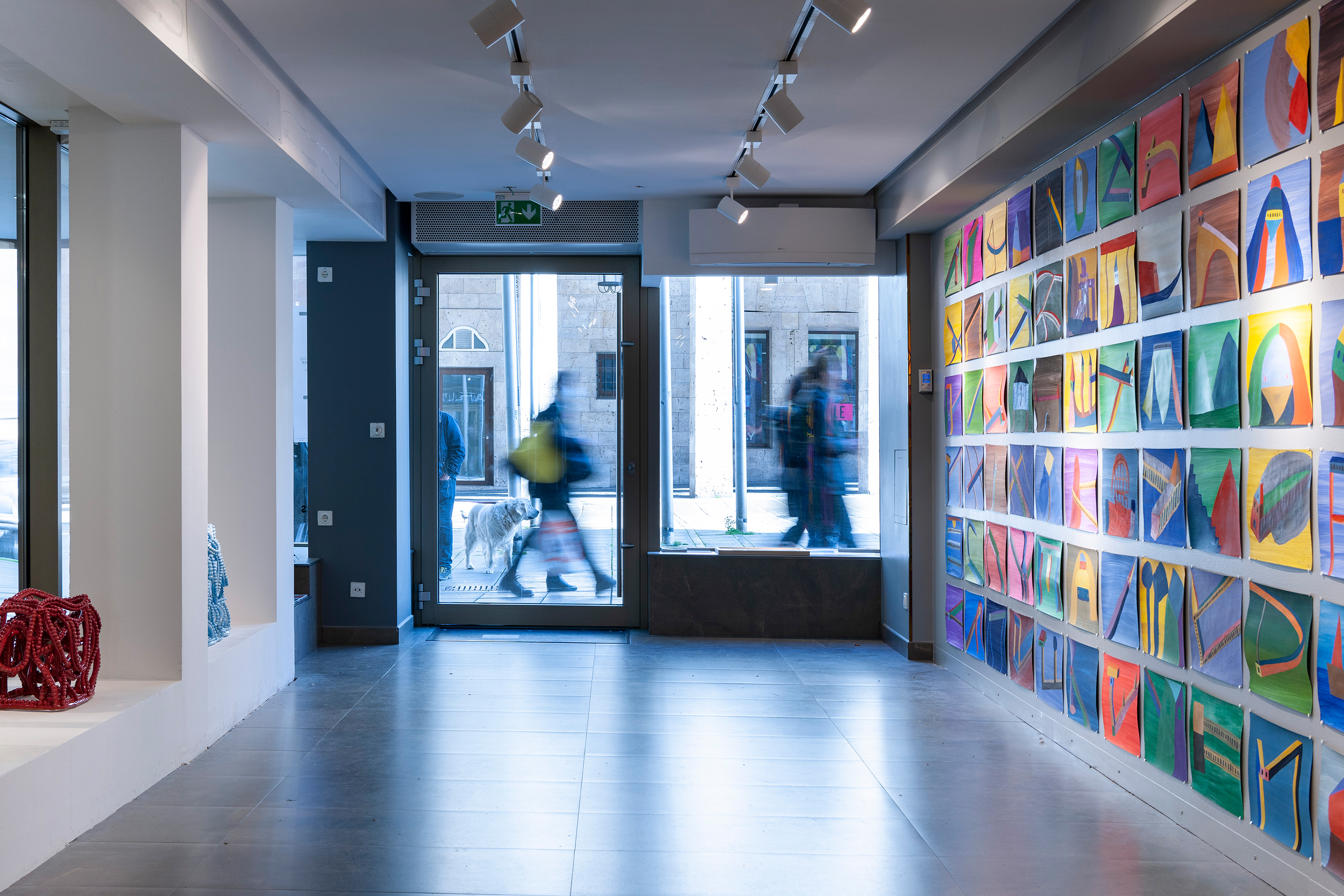
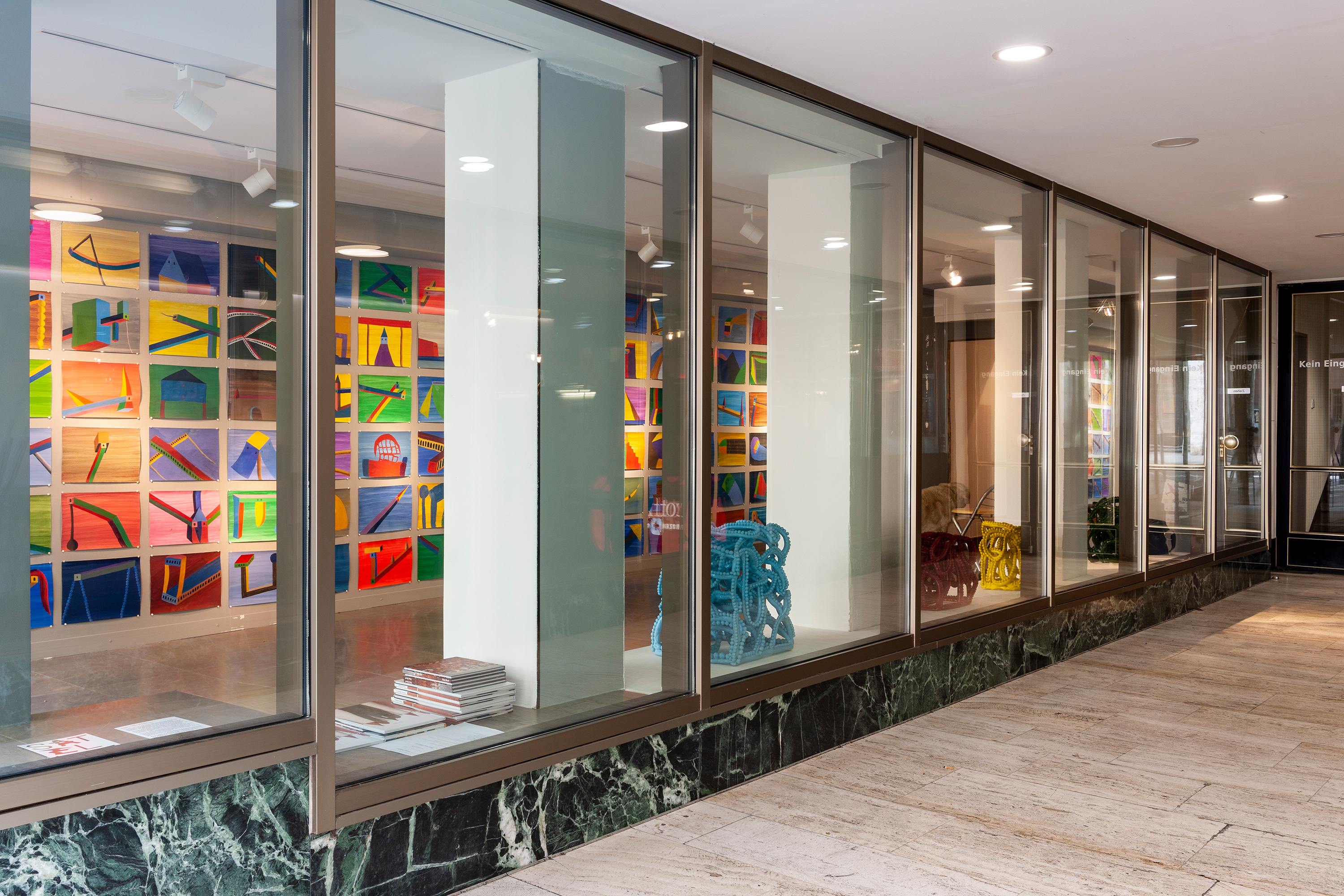

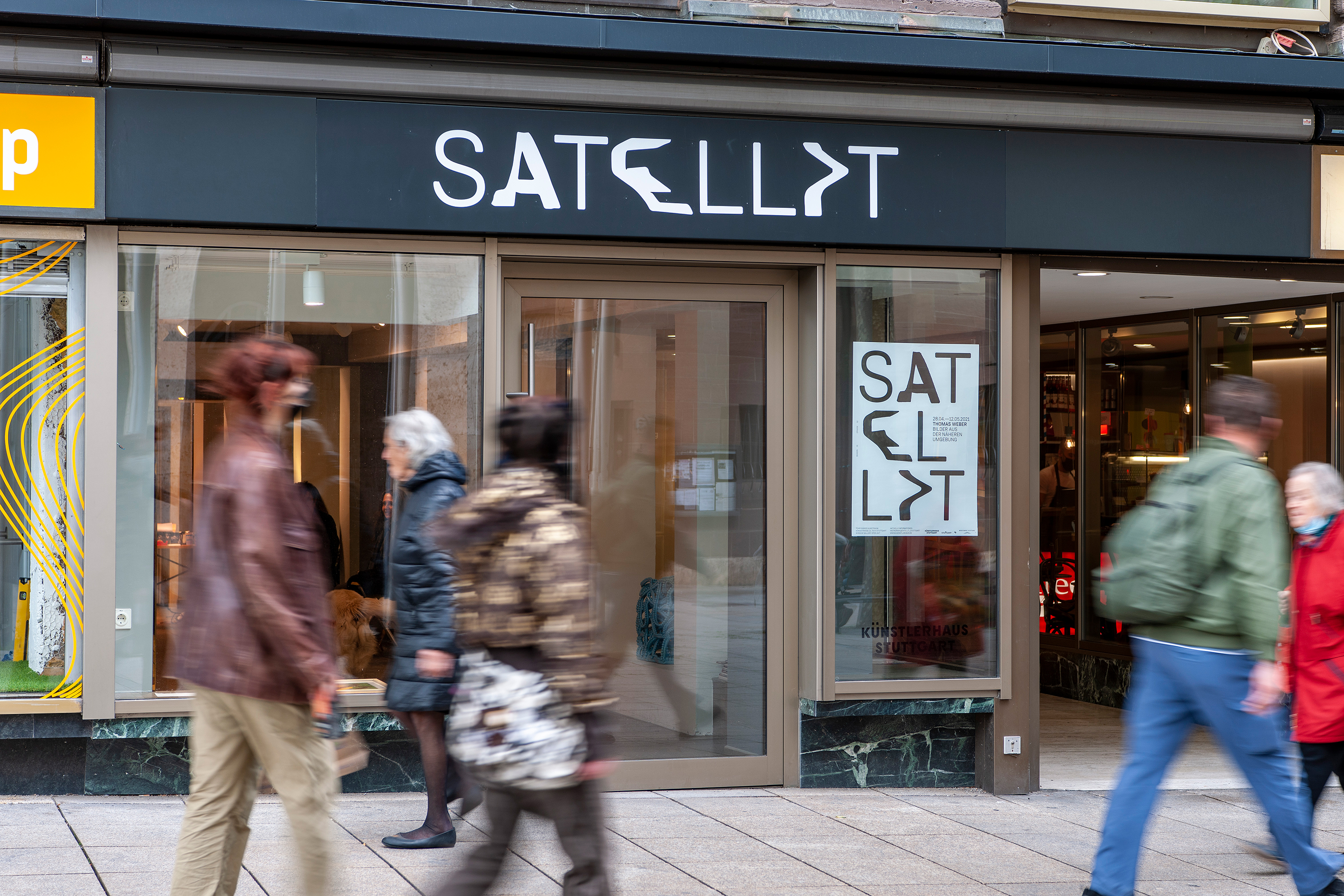

Please join us for a discussion with the artist Eva Barto. Organized in conjunction with her current exhibitions at the Künstlerhaus Stuttgart and Kunstverein Nürnberg.
April 27 2021, 7pm / 19.00
Presented online live-streamed https://us02web.zoom.us/j/89943878326
Contributing to the discussion will be Milan Ther (Director, Kunstverein Nürnberg), and Eric Golo Stone (Artistic Director, Künstlerhaus Stuttgart).
Eva Barto’s exhibition at the Künstlerhaus Stuttgart reconsiders the legal-economic infrastructure by which financial giving is managed in the art sector. Rather than solely reflect on the transactional structures of monetary gifts, financial support, and philanthropy at large, Barto’s exhibition actualizes a specific set of grantor-grantee, donor-donee, and sponsor-sponsee relations. The transactional order for these relations and effects are governed through a system of distinct contractual agreements, which the artist conceptualized and implemented within the material and temporal dimensions of her exhibition. For Barto, to produce disclosures on financial giving and reciprocal compensation in the field of art today is to challenge the idealization of independence by emphasizing the messy, enmeshed, and consequential dependencies that define working relations and conditions.
Please note: Due to public health requirements, the exhibition galleries at the Künstlerhaus Stuttgart remain closed until further notice.
While we eagerly look forward to welcoming you when the exhibition space may safely reopen, the Künstlerhaus Stuttgart as an organization recognizes its responsibility towards visitors and staff in making every effort to contain the spread of COVID-19.
Radical care is not solely a declarative position or something to be reflected on thematically—spaces for art must also of course actualize radically empathetic care work at the policy level. We continue to organize behind-the-scenes so that when we can reopen, the Künstlerhaus Stuttgart will implement accessibility policies that are inclusive of immunocompromised and/or high-risk people.
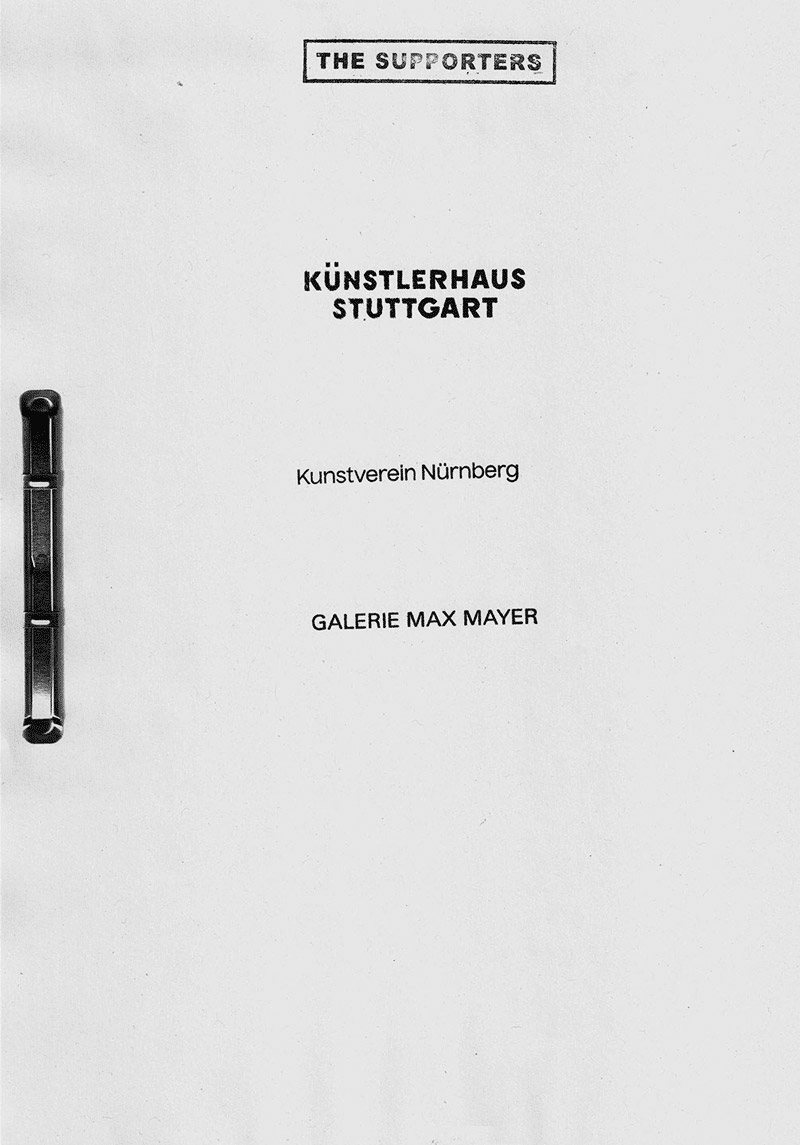
On March 25th, 2021 the Members of Künstlerhaus Stuttgart elected a new advisory committee and board of directors. The general members assembly – originally scheduled for 2020 – was postponed due to the pandemic. Eventually it was decided to hold the meeting online. Nevertheless, the member’s participation was at a record high. The newly elect members of the advisory committee are: Yvette Hoffmann, Björn Kühn, Florian Model, Monika Nuber, Jasmin Schädler and Damaris Wurster. The board of directors consists of: Ania Corcilius (president), Anna Schiefer (vice president) and Daniel Niccoli (treasurer).
Ania Corcilius, artist and curator, brings her experience on the boards of the Hamburger Kunstverein, nGbK Berlin, and San Francisco’s Creative Arts Charter School to the Künstlerhaus. In Stuttgart, Ania has been teaching at Merz-Akademie and is engaged in the group “Stadtlücken”, who, up until recently, were residents at the studio program at Künstlerhaus.
Anna Schiefer, artist and art educator, is a graduate of ABK Stuttgart, founding member of the collective “Publishing House for Handbooks“, and also a former fellow in the Künstlerhaus‘ studio program. Due to her numerous residencies and research activities at artistic and academic institutions, Anna draws from a broad network, both locally and internationally.
Daniel Niccoli, IT-architect und self-employed IT-advisor, came to the Künstlerhaus through his participation in various workshop classes. Besides his entrepreneurial experience, he will bring to the board a strong interest in forms of participation and communication processes.
Together with the advisory committee the board of directors emphasizes the importance of the Künstlerhaus as a Stuttgart art institution, which is among the leading non-profit galleries contributing to the international contemporary art discourse. At the same time the board seeks to encourage a close dialog between the curated exhibition program and local artists as well as the community. The primary goal is to strengthen the Künstlerhaus as a place for critical artistic debates on the highest level and make it visible and available for the public in Stuttgart.

Season 1 – In Orbit
The following artists and collectives have been selected for the Satellit Space and Project Grants 2021 at Schlossplatz:
Episode I
Wed Apr 14th — Wed Apr 28th
Lowland
Episode II
Wed Apr 28th — Wed May 12th
Episode III
Wed May 12th — Wed May 26th
Episode IV
Wed May 26th — Wed Jun 9th
Episode V
Wed Jun 9th — Wed Jun 23rd
Fünfte Kraft: Min Bark, Mizi Lee, Johanna Mangold, Paula Pelz
Episode VI
Wed Jun 23rd — Wed Jul 7th
SATELLIT STUTTGART is an association of artists in cooperation with the Künstlerhaus Stuttgart and supported by the Wüstenrot Foundation.
The current situation brings many challenges for solo independent artists, designers and cultural workers. Satellit Stuttgart is intended to be a platform through which independent projects now become visible. We want to strengthen our local network and generate far-reaching, interdisciplinary dialogues.
With Satellit Stuttgart we create a new format of a temporary, inner-city art space. We invite professional solo artists, designers and collectives from Stuttgart and the surrounding area.
For 3 months (April-July), a vacant store space in Stuttgart will become a temporary studio, exhibition and gallery space, an intervention and experimentation area for cultural workers from various disciplines.
The project grants will be awarded to one artist (or artist group/collective) for two weeks (14 days) at a time.
Project management: Karima Klasen, in cooperation with the Künstlerhaus Stuttgart

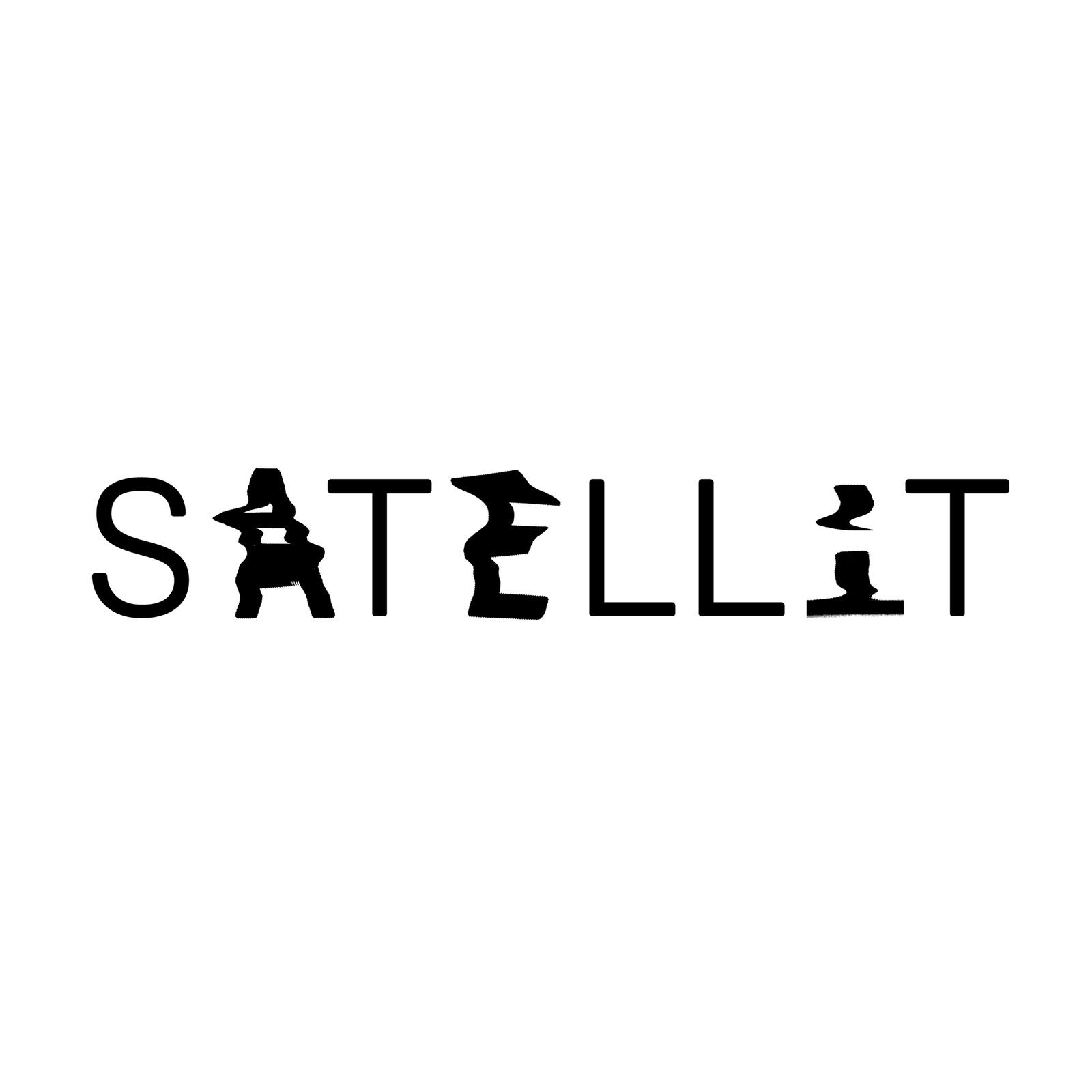

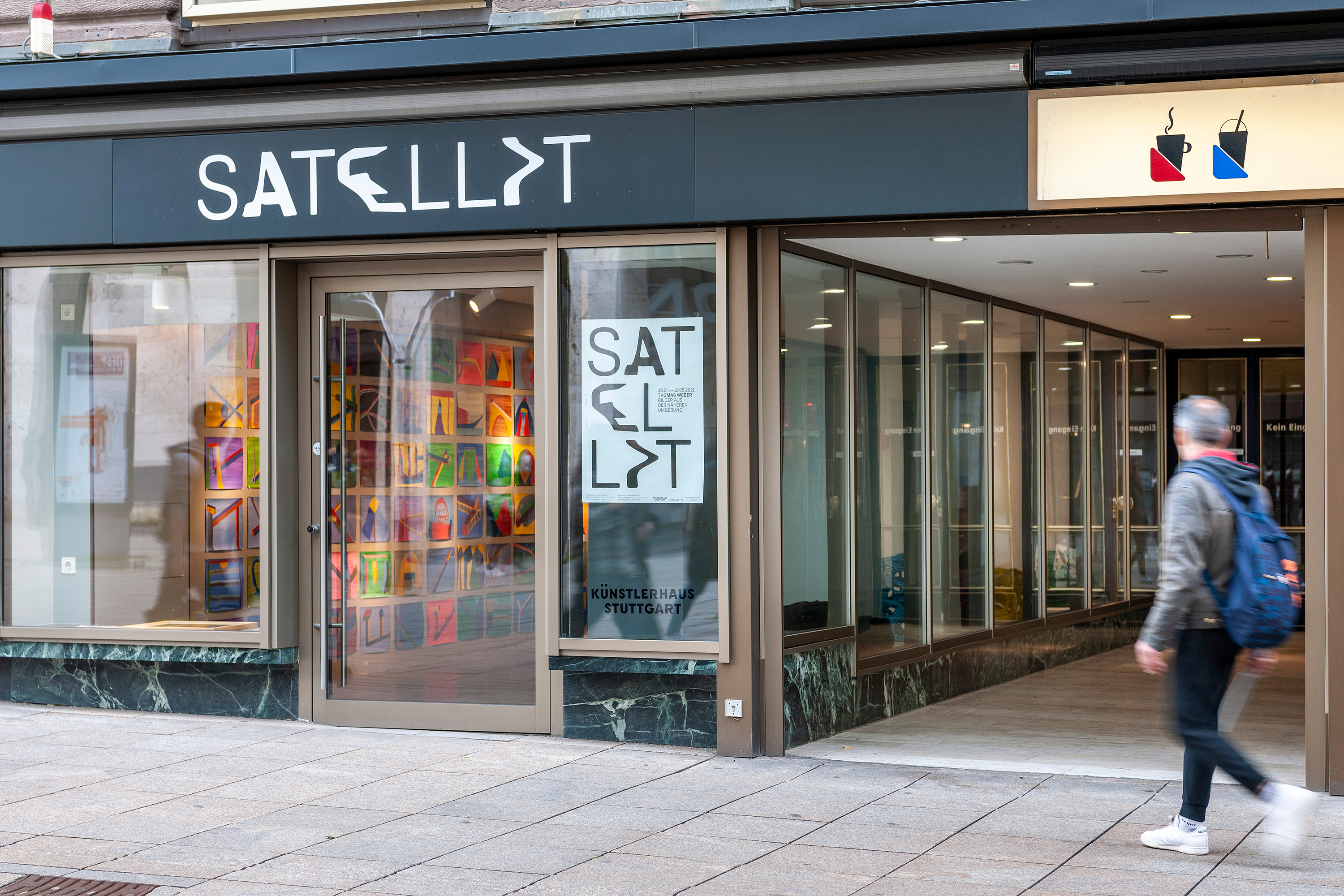










For our sixth Tuesday workshop we invite Ania Corcilius. Due to current regulations, this event will also take place online. You can join the event via Zoom:
Join the meeting:
https://us02web.zoom.us/j/86556521495?pwd=d3l6aENSTUFhZ3RoQjk4UUQzd2NTZz09
Meeting-ID: 865 5652 1495
Kenncode: 656406
Ania Corcilius
studied at the HfbK Hamburg and the Whitney Independent Study Program New York. The thematic focus of her artistic-curatorial work is the city as a social space. After many years, first in Berlin and then in San Francisco, Ania Corcilius now lives with her family in Stuttgart. Since 2018 she has been involved in the Stadtlücken e.V.
___
Tuesday Workshop
From October 2020, artists and other cultural workers will meet every second Tuesday of the month at 7 pm at Künstlerhaus Stuttgart to present their artistic practice, exchange and discuss ideas, and get to know each other better.
The Künstlerhaus invites an artist or a collective—meaning any artists or cultural workers from any field or discipline—to talk about their working methods as well as their backgrounds and approaches. We want to establish a platform for a more in-depth interaction with regard to artistic practice, and in doing so to create a network, show solidarity, and mutually strengthen one other.
The series is aimed at all members of Künstlerhaus Stuttgart, artists either living in Stuttgart and the surrounding area or just traveling through, all cultural workers, art mediators, curators, etc., and is open to everyone!
The new format was initiated by Ronald Kolb and is supported by the Künstlerhaus advisory board.
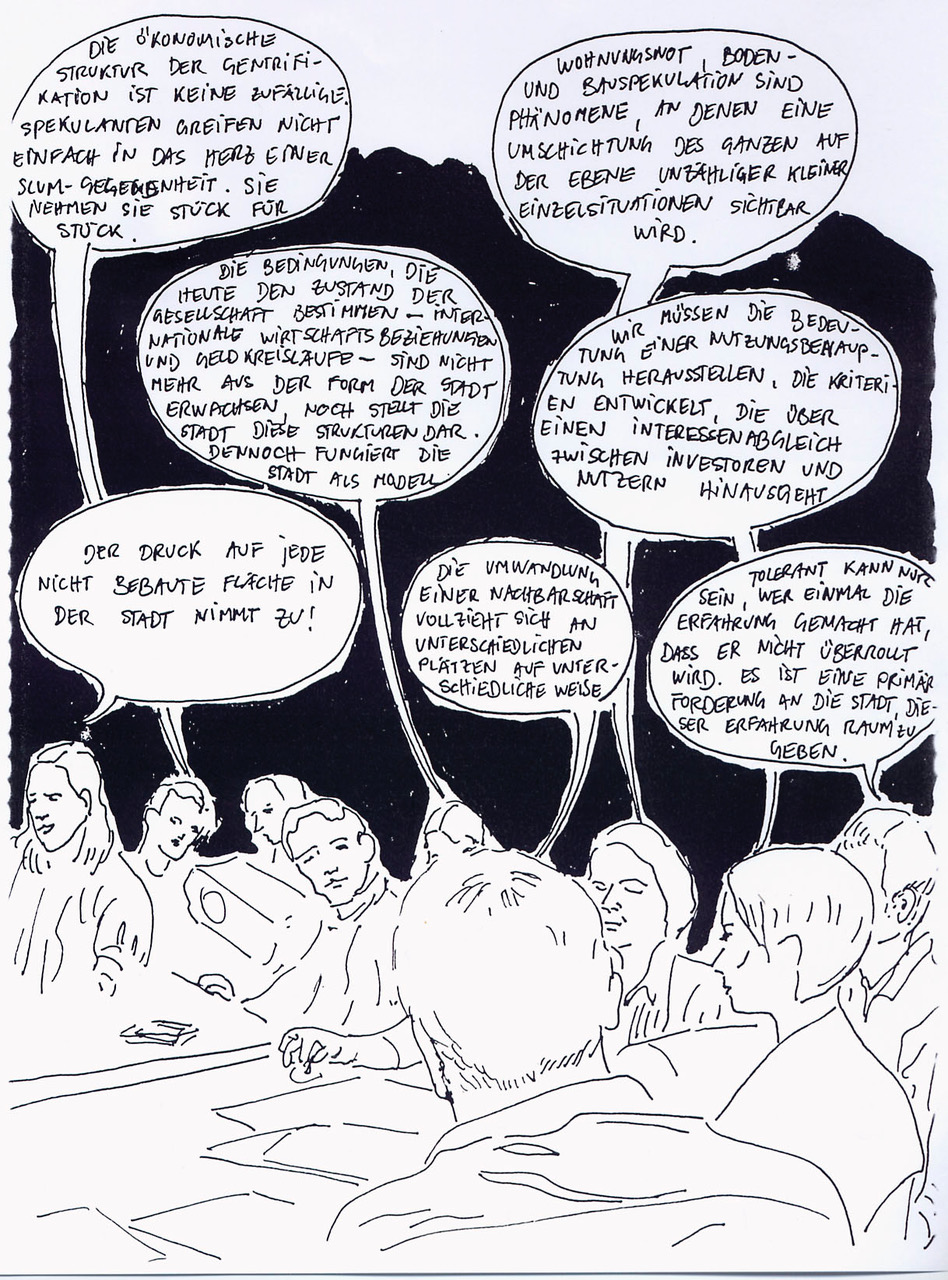
The artist Eva Barto consistently realizes her work through a situationally-specific reconsideration of the very conditions and relations by which her work is produced and circulated. Barto often internalizes, repurposes, and complicates the existing socioeconomic materials and arrangements that constitute a particular site of cultural work. Barto’s exhibition at the Künstlerhaus Stuttgart reconsiders the legal-economic infrastructure by which financial giving is managed in the art sector. Rather than solely reflect on the transactional structures of monetary gifts, financial support, and philanthropy at large, Barto’s exhibition actualizes a specific set of grantor-grantee, donor-donee, and sponsor-sponsee relations. The transactional order for these actualized relations and effects are governed through a system of distinct contractual agreements, which the artist conceptualized and implemented within the material and temporal dimensions of her exhibition. For Barto, to produce transparency and disclosure on financial giving and reciprocal compensation in the field of art today, is to challenge the idealization of independence by emphasizing the messy, enmeshed, and consequential dependencies that define actual lived relations and working conditions.
The current problem field of financial support for the arts is widely recognized. Fundraising within the global art sector is dominated by privately governed legal-economic arrangements attributed to charitable giving and philanthropy. The US system of arts funding—which since the early 1980s has been wholly structured as a political economy of individual financial contributions, and entirely overdetermined by privately governed philanthropy—is increasingly adopted by art contexts around the world. For instance, donor advised funds and other similar legal mechanisms are being considered in various legal jurisdictions as a means of transforming publicly funded cultural services into opportunities for the non-disclosure management of private assets incentivized by tax deductions and returns on investment. Art institutions are key to considering the investment capacity of non-profits. Institutions that produce and distribute artistic work are widely utilized as havens for tax-avoidance, while they are also increasingly targeted by the philanthropy class for private investment purposes through the legal-economic incentives proposed by social entrepreneurship and social impact bonds. This return on investment logic is a driving force in the expansion of fundraising activities and development departments within art institutions and cultural organizations, which work closely with individual patrons and their foundations that structure financial giving.
While the number of private foundations in Germany is growing, charitable contributions are being made by a shrinking number of supporters.[1] With less people giving more money, charitable purposes in Germany are increasingly defined by a very select few under less transparent governance arrangements. Under threat of state budget cuts, an urgent question today for the art sector in Germany and beyond (i.e. in France, where Barto lives and works), is whether the model of tax privileged private philanthropy and its entrepreneurial approaches to fundraising for art become an increasingly expected substitute for state governmental public support such as grants. How will funding for art be altered by the increased expectation of privately contributed income and revenue streams? And ultimately, what are the circumstances of socioeconomic injustice which make the model of privately governed patronage and philanthropy seem necessary?
Grants, donations, and sponsorship are a response to funding requests and fundraising efforts. Art institutions are at the forefront of establishing neoliberal philanthropy and entrepreneurial fundraising as the means for responding to socioeconomic necessity. While the emphasis is most often on distinguishing between modes of arts funding like grants, donations, and sponsorship, these different modes of art funding in fact share many of the same operative functions. Grantors, donors, and sponsors alike, stipulate conditions and directives in providing funds, requiring the funding recipient to report on outcomes that meet certain metrics, and which the funders have built into their funding arrangement in order for outcomes to be gauged according to criteria of success they have established. Particularly in the art sector, distinctions between these forms of funding are increasingly unclear, which is why gift classification policy has become more complex in recent years. From a legal standpoint, the distinctions between these systems of financial support for the arts center around the statutes, implications, and effects of tax treatment, charitable purposes, and related compensation. But the legal classification of financial giving in the art sector raises crucial questions that remain unsettled. For instance, German law clearly stipulates that donations are gifts—a specific legally defined form of financial giving that prohibits the donor from receiving any form of compensation or recoupment on their donation, save for the allotted tax deduction. Yet there remain open-ended questions about the potential for eventual compensation on donations when those very donations are used to fund the production of artworks that are destined for private holding (the vast majority of artworks as legal property are of course destined for private holding).
In preparing her exhibition The Supporters for the Künstlerhaus Stuttgart, Barto reexamined this current problem field within the German art context, and considered specific—distinct yet interrelated, and often overlapping—forms of financial support, namely: grants, donations, and sponsorship. The different sources that fund Barto’s exhibition were actively pursued by the artist as necessary means of production, and as a deliberately comparable set of relations. Working with the Künstlerhaus Stuttgart, Barto secured a grant for her exhibition from the regional German government of Baden-Württemberg, where Stuttgart is located. This grant from the regional government’s granting agency for arts and culture is particularly meaningful when considering how the statutes of state funding and charitable uses expand as new public needs develop. The grant, titled, “Art Despite Distance/Kunst Trotz Abstand,” was made available as a direct response to the needs of artists and their institutions during the COVID-19 pandemic. In addition to emphasizing artist fees and underwriting material production, the grant made certain funds available for infrastructural materials that supported public health needs and guidelines. Barto utilizes the full allocation from the grant for this intended purpose of equipping the institution with materials that support public health in face of the COVID-19 pandemic. Barto then necessarily supplemented this grant, and matching funds provided by the Künstlerhaus Stuttgart from its core budget that derives from the City of Stuttgart, with a donation from Galerie Max Mayer, a commercial gallery owned and operated by Max Mayer in Düsseldorf, Germany.
Finally, Barto secured an additional working relationship to amplify and extend further the comparable forms of financial giving and receiving localized within her exhibition at the Künstlerhaus Stuttgart. The artist proposed that her exhibition in Stuttgart be mirrored by an exhibition of her work at the Kunstverein Nürnberg—an exhibiting institution, which in comparison to the Künstlerhaus Stuttgart, is more reliant on fundraising from third-party sources. While Barto’s exhibition at the Künstlerhaus Stuttgart is almost entirely supported through city and regional government funding, the artist’s exhibition at the Kunstverein Nürnberg, also entitled The Supporters, is largely made possible through financial sponsorship from Galerie Max Mayer. Galerie Max Mayer’s donation to the Künstlerhaus Stuttgart prohibits any direct compensation beyond the permissible tax deduction, yet the gallery’s sponsorship provided to Kunstverein Nürnberg is far less restrictive in how compensations are regulated. The complex circuit of comparative interrelations that Barto has orchestrated between these art institutions is formalized through a system of legal contracts that govern the different forms of financial giving and effects. The contractual agreements are included in both exhibitions as an unlimited edition work by Barto, which the artist has made freely distributable to anyone visiting the exhibitions.
The Künstlerhaus Stuttgart is pleased to present “The Supporters”, a project by Eva Barto produced in collaboration with the Kunstverein Nürnberg and Galerie Max Mayer, Düsseldorf.
[1] Council on Foundations Report, “Non-Profit Law in Germany” (March 2020). European Fundraising Association, “Growing Philanthropy in Germany”, https://efa-net.eu/features/your-voice-growing-philanthropy-in-germany (last accessed March 2021).



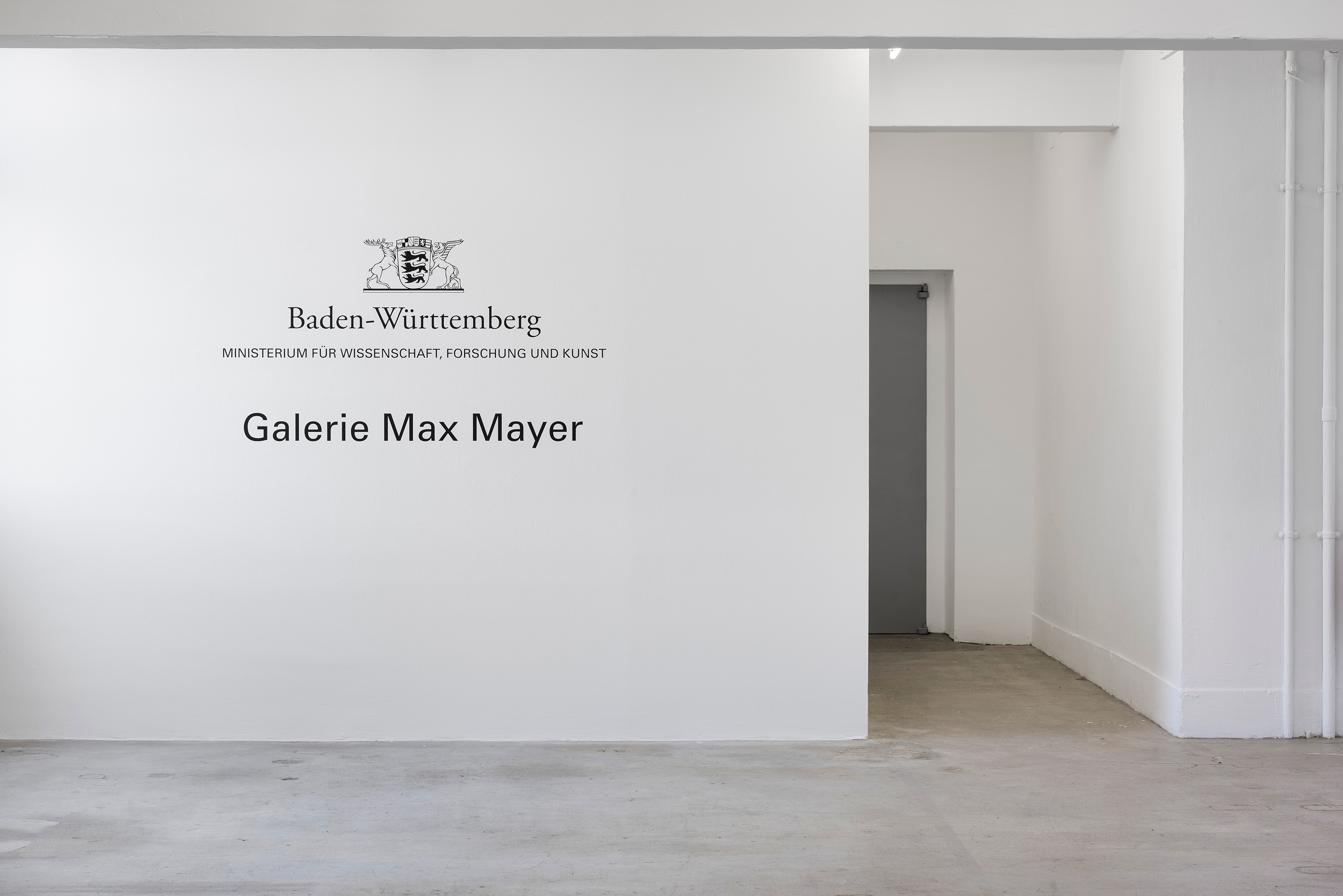
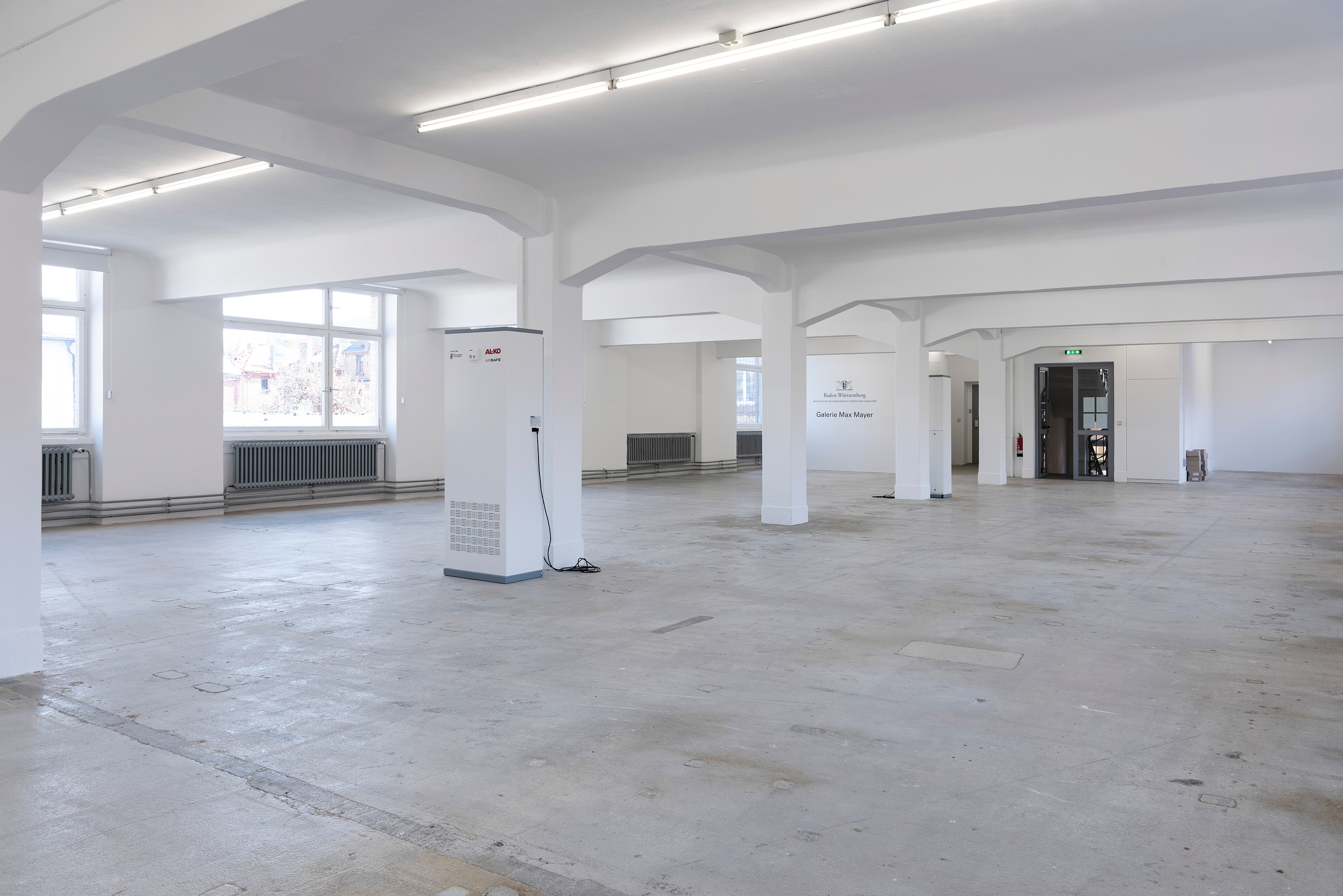
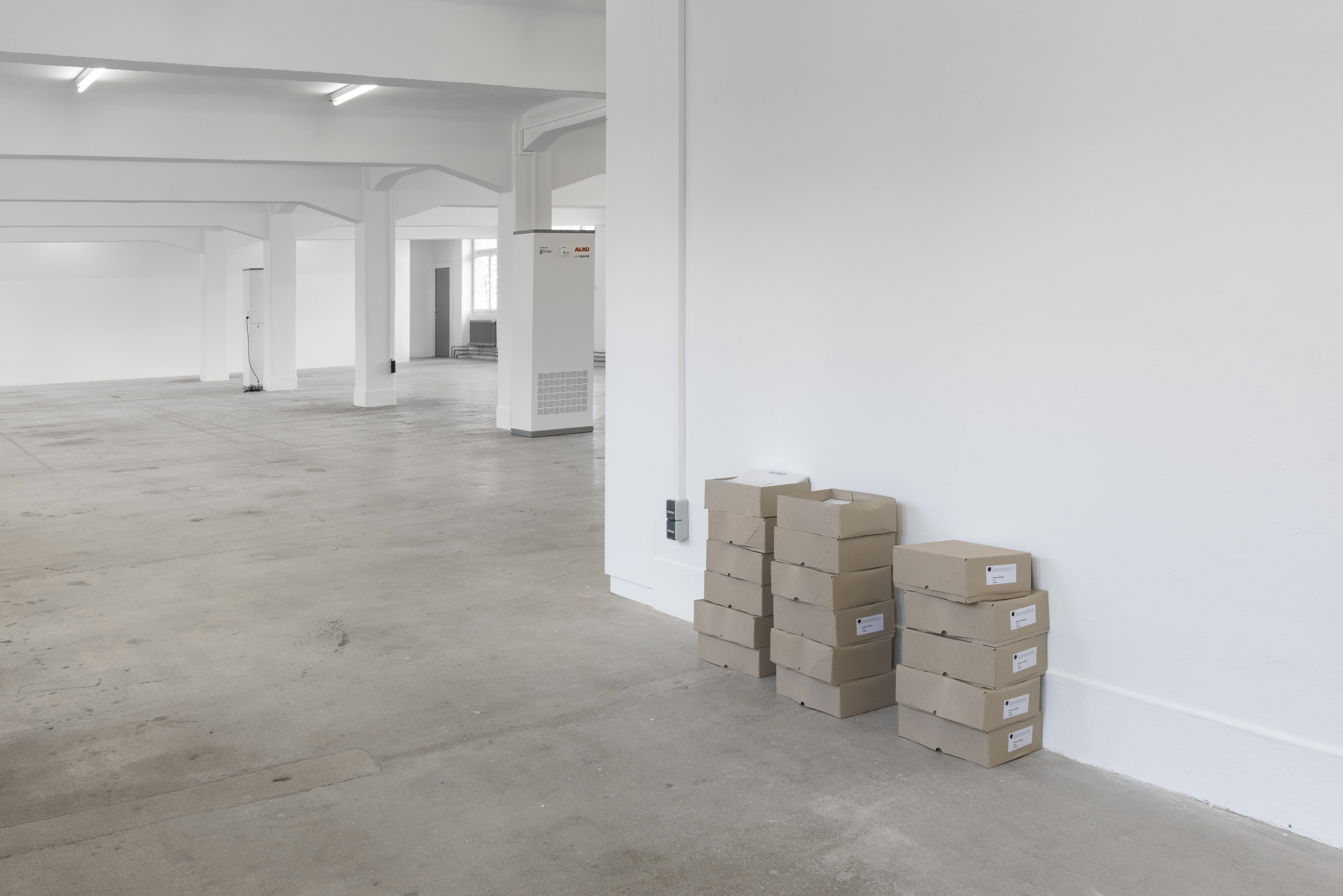
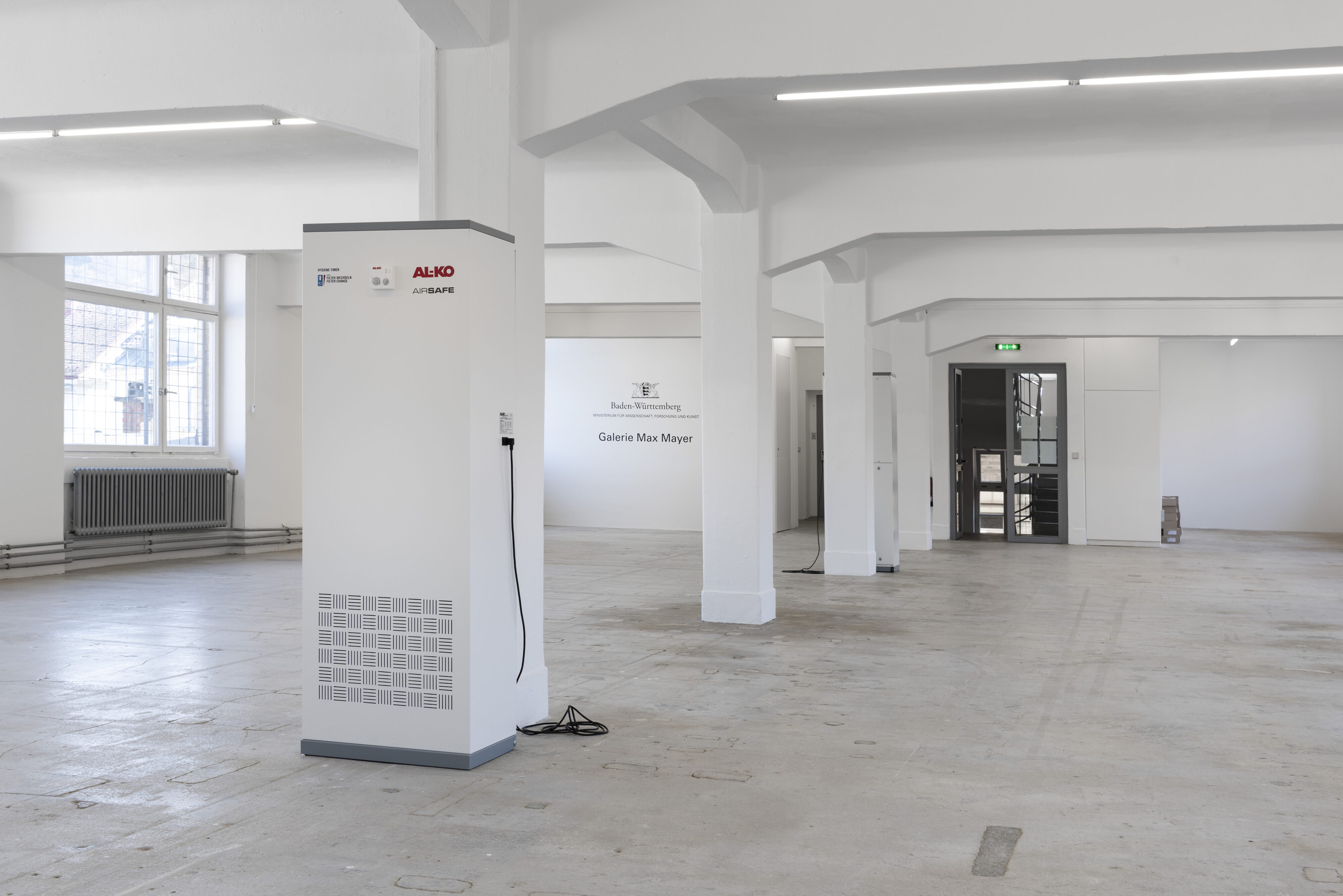
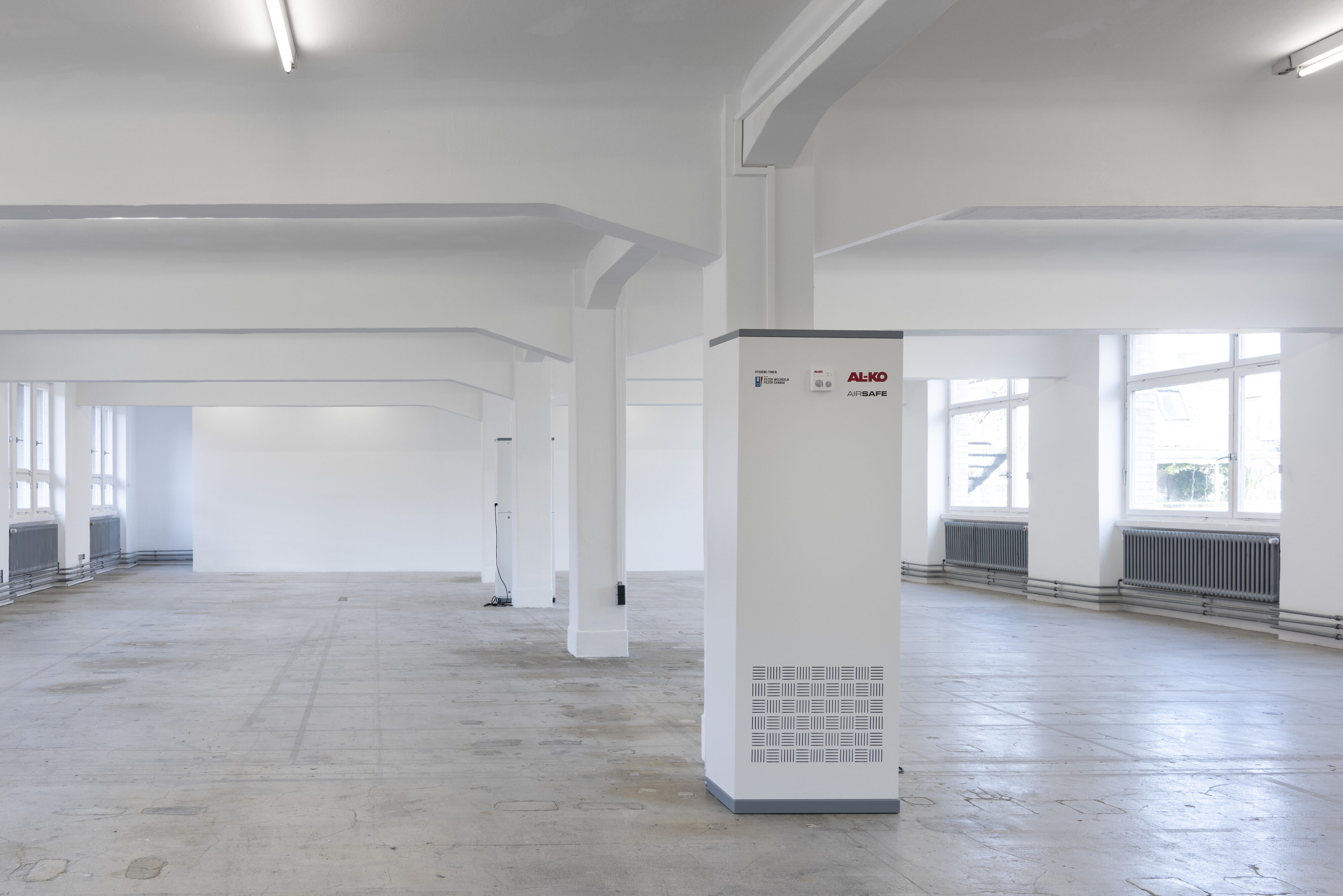
Ramaya Tegegne’s exhibition at the Künstlerhaus Stuttgart centers around the artist’s experiential research into the conflicting role art institutions maintain when they promote claims to anti-racism while actively engaging in the management of racial inequalities. It is this violent disconnect between a declarative politics and the actualized material politics that Tegegne recognizes as being particularly pervasive in the arts sector. This disconnect is amplified today by a social uprising that extends from the racial equity demands of individual access and representation to transforming race relations at the systemic level of shared policy and institutional governance. While considering the extent to which racially specific elision and dispossession continue to define the operative structures of art institutions, Tegegne’s exhibition emphasizes how everyday lived relations are directly responsive to these deeply entrenched ongoing historical conditions.
Within her exhibition at the Künstlerhaus Stuttgart, Tegegne’s new film work, Framer Framed[1], presents a deliberation by the board of directors of an unnamed cultural institution in French-speaking Switzerland. This fictional staged board meeting revisits an actual incident that took place in 2019 when a group of Black migrant men were forced to vacate the lobby of a Swiss state-funded cultural institution, which at the time was screening a film about the exclusion and discrimination of Black migrant men in Switzerland. These individuals gathered in the lobby were told to leave by a management employee of the institution who justified the expulsion by stating that the group was loitering and disrupting the experience of patrons attending the screening. For Tegegne, this incident must be recognized within a far-reaching history of loitering and vagrancy laws directed against Black people, as well as the broader history of racialized policing of property and public space. Framer Framed was produced in response to this particular incident, which Tegegne witnessed first-hand, and intervened in by first confronting the employee, and then addressing the institution’s board through a collectively-organized letter writing campaign. Because the institution provided no substantive reply to these modes of address, nor any inclusive means for deliberation on appropriate recourse or retribution, Tegegne sought other means by which to hold a hearing on the facts of the matter.
The scripted, staged, and performed deliberations in Framer Framed enact a place for governance arrangements, adjudication, and dispute resolution as wrested from the continued historical realities of institutional proceedings that define property rights and property relations through racialized expulsion and dispossession. In doing so, Tegegne’s film embodies a collective experience of joy, solidarity, and defiance, while it also evidences a painful outcome: a substantive deliberation on racial justice conducted by the institutional governing board was ultimately realized as fiction, solely as artistic content. And this painful outcome—consistent with an oppressive system of reality that relegates recourse for BIPOC wholly within the realm of expression—is reached by way of a cunning deception which Tegegne recognizes as a unique operative function of the artistic field. In her letter writing campaign, Tegegne had asked the organizer of the screening that presented a film about the exclusion and discrimination of black migrant men in Switzerland, and the board of the hosting institution, to advocate for and implement specific anti-racist policies. That the institution in question was unresponsive to these policy demands, while presenting and promoting artistic content that evokes these very demands, is exemplary of how art institutions prevent structural transformation by dissociating artistic content from its social conditions of production, distribution, and reception. What is the role of art institutions and cultural organizations when their own claims for racial equity are ultimately rendered as purely content-related? What are artists as content producers to do when institutional conduct is in direct conflict with the values expressed by their artistic content? What methods and techniques might artists utilize to more fully align their symbolic, affective, sensorial interventions, and the structures that govern these artistic interventions?
Framer Framed draws from the reflexive, situationally-specific, and interventionist theater methodologies that the noted Brazilian playwrite, dramaturgist, and educator, Augusto Boal developed in the 1950s and 1960s from Black Experimental Theater traditions in New York, and during his years organizing forum theatre productions at the Teatro de Arena de São Paulo in Brazil. Boal’s forum theatre productions worked to bring underserved local community constituents into the space of theater in order to roleplay and workshop advocacy and policy goals for their communities. Tegegne cast Black-identifying filmmakers and actors living and working in the French-speaking Swiss context, including one individual who was directly involved in the 2019 incident, to perform the staged deliberations that were filmed for Framer Framed. Another forum theatre method that Tegegne’s film utilizes is having scripted performances interjected with unscripted input and feedback by performers and set production workers as the deliberations play out on set. At one crucial point, the performers and set production workers begin having an entirely unscripted discussion on camera about their reasons for agreeing to work on the film, as well as discussing what the fictional staged board deliberations convey about the field of artistic production. While satire is a prevalent motif within the scripted performances, it was important for Tegegne to corroborate the disaffection and unmediated actual lived relations that worked together to produce Framer Framed. Additionally, in producing the film, Tegegne was intent on extending the political imperatives expressed within Framer Framed, to an inquiry of the Künstlerhaus Stuttgart as the institutional context for its reception and for her exhibition at large.
In preparing Unusability Might be Assumed Unless there are Signs Indicating Otherwise[2], Tegegne conducted a study of the exhibition history of the Künstlerhaus Stuttgart, and implemented a particular legal-economic structure through which to manage the means of production for her exhibition. Tegegne is the first Black artist to produce a major monographic exhibition for the Künstlerhaus Stuttgart since its founding in 1978. This historical reality informs a number of the artist’s decisions about the spatial logic and use of the exhibition gallery where her work is situated. Constructing a barrier made from semi-transparent theater curtains, Tegegne has sectioned-off most of the gallery, rendering the exhibition space largely inaccessible to visitors and veiling any possibility to see out onto the space. The artist’s ambivalence in considering how to make use of a space that has not evolved to be usable for her is expressed throughout the exhibition. There is the opacity and transparency of the constructed barrier. The unoccupied space is confrontationally off-limits, but also softened by the semi-transparent fabric acting as an optical filter—a clear obstruction and soft-focus lens all at once. And there is the intimate space Tegegne constructed for viewing the film—welcoming, open, and snug, but also set aside and withdrawn. Beyond the symbolic, affective, and sensorial encounter generated by the theater curtain structure, Tegegne reconsidered the usability of the economic conditions typically arranged by an exhibiting institution. In preparing for her exhibition the artist founded a Verein (e.V./Association), a registered association that governs her work according to association law and provides the artist with greater direct control over how the financing of her exhibition is managed. For instance, rather than the hosting institution managing third-party funds raised for Tegegne’s exhibition, these funds are directly wired to her Verein. And through this legal-economic structure, the artist allocates funds for her own needs and the needs of workers she hires, bypassing the mediatory influence—the oversight and reporting—that is typically centralized within the fiduciary responsibilities of the hosting institution. Consequently, Tegegne’s exhibition at the Künstlerhaus Stuttgart mobilizes a critical ambivalence towards the usability of established and inherited art institutions, by more fully realizing how artistic interests must be inextricably bound to their determining material conditions.[3]
[1] Tegegne takes this title for her film from: Trinh T. Minh-ha, Framer Framed, Routledge, 1993
[2] Tegegne draws inspiration for this exhibition title from Sara Ahmed’s writings, specifically: Sara Ahmed, What’s the Use? On the Uses of Use, Duke University Press, 2019, p. 57
[3] Ambivalence is a critical position-taking, not a passive state of contradiction. It must be recognized that “ambivalence,” and interpretations of “Black ambivalence” have been articulated by scholarship within Black Studies, and Black radical traditions more broadly. Please see for instance the concept of “Double Consciousness,” often associated with William Edward Burghardt Du Bois, who introduced the term into social and political thought, most notably in his groundbreaking, The Souls of Black Folk (1903). The criticality of “ambivalence” has also been discussed within intersectional and Black feminist writings which seek to disrupt fixity and oppressive dichotomies that have historically impeded the intersectional work of forming feminist alliances.
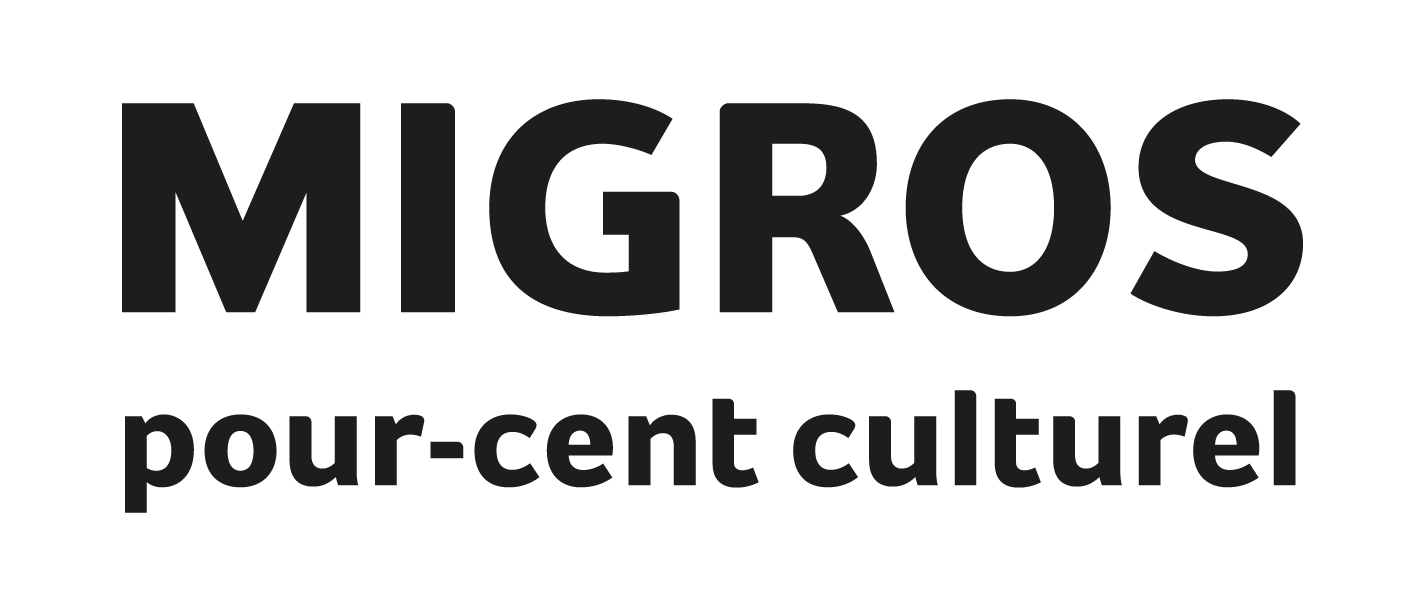
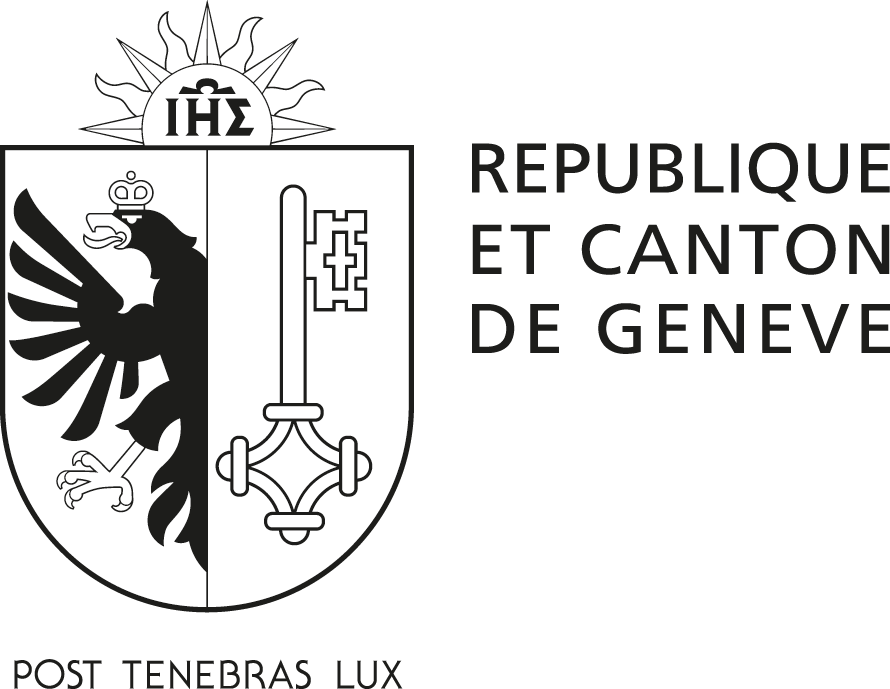
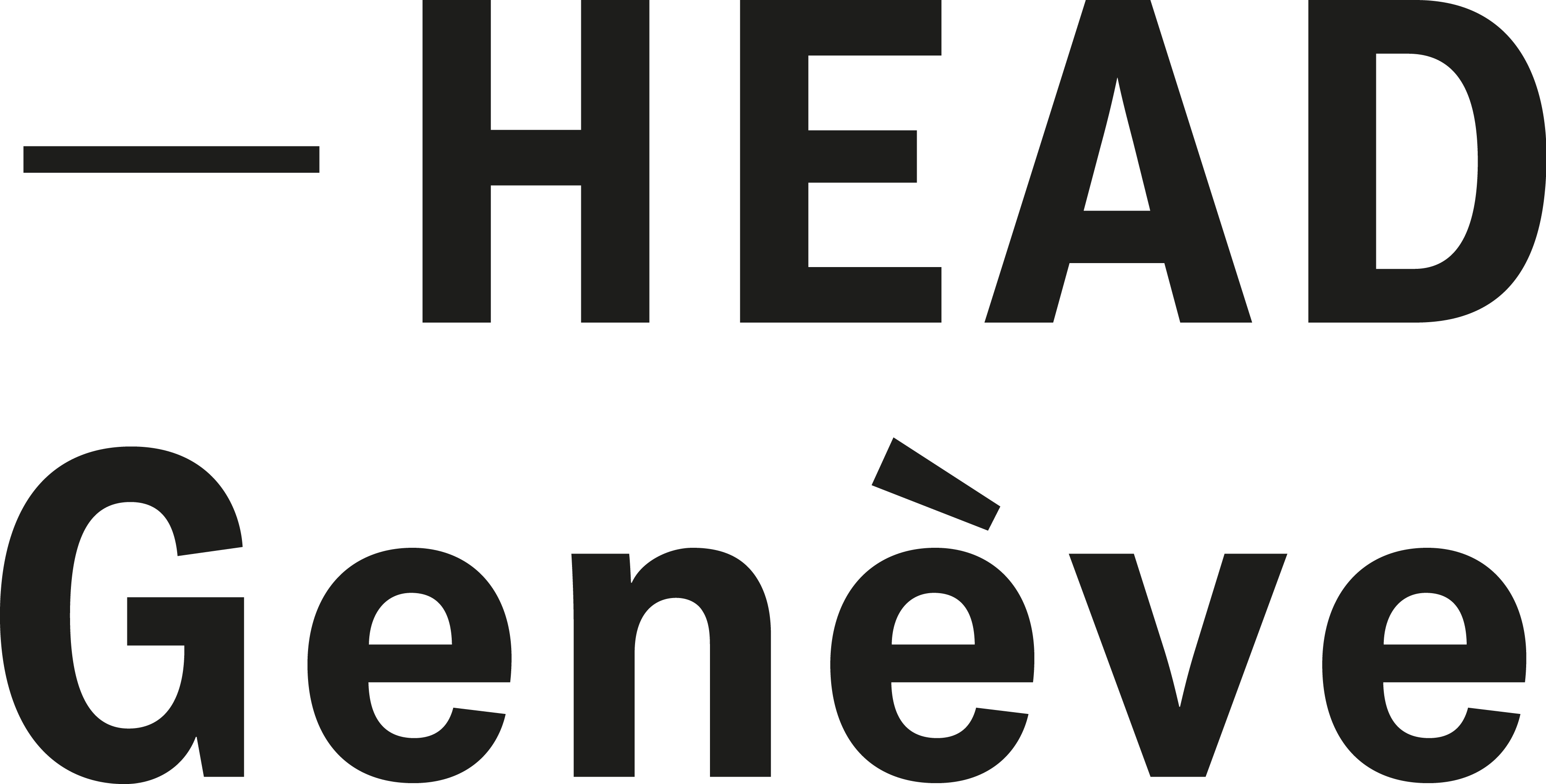
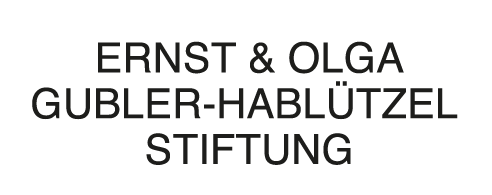

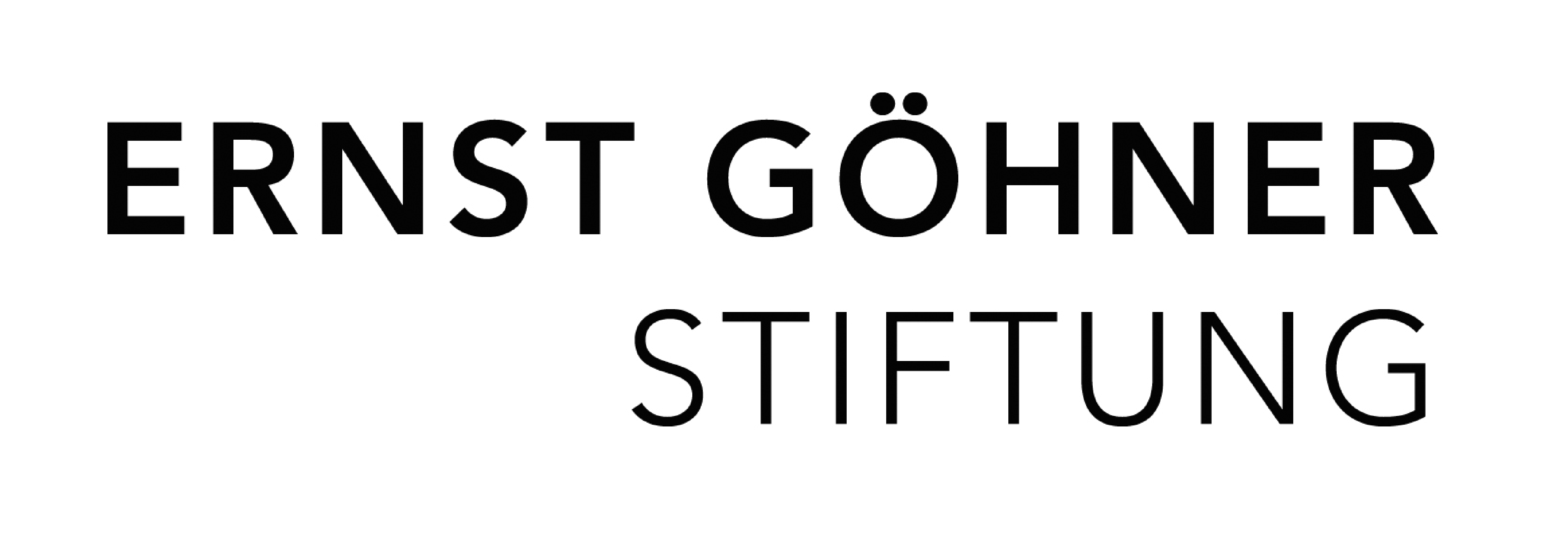

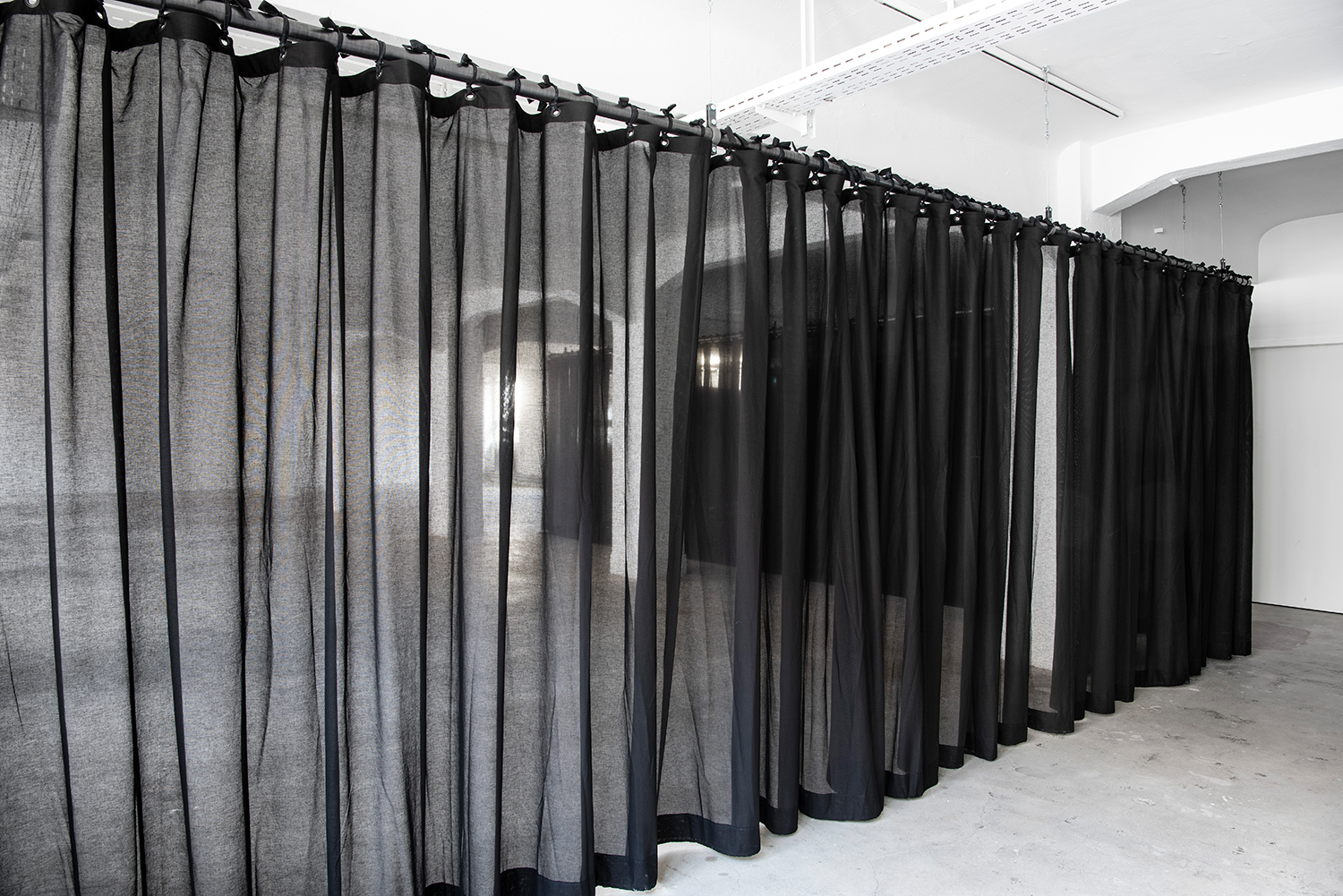


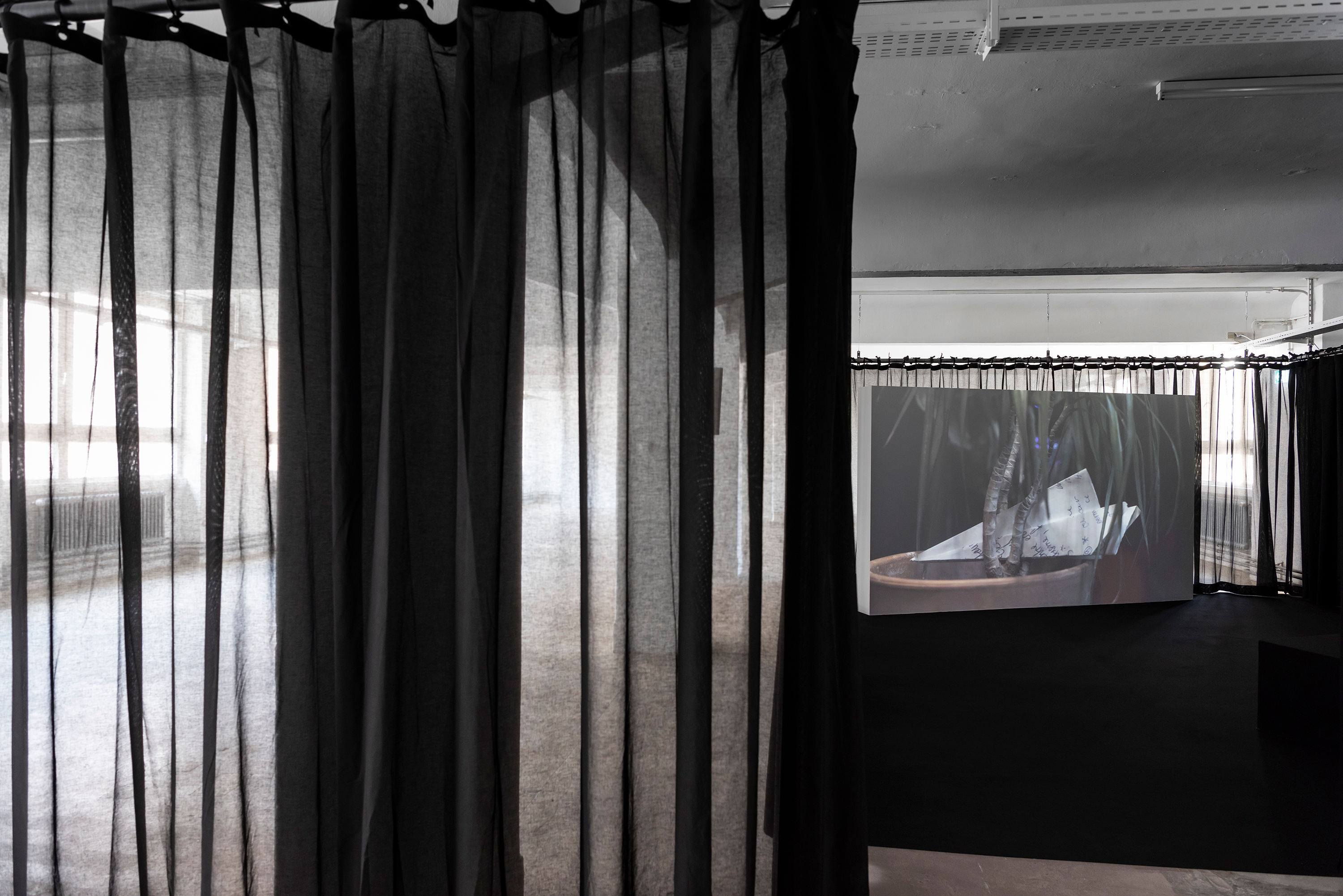
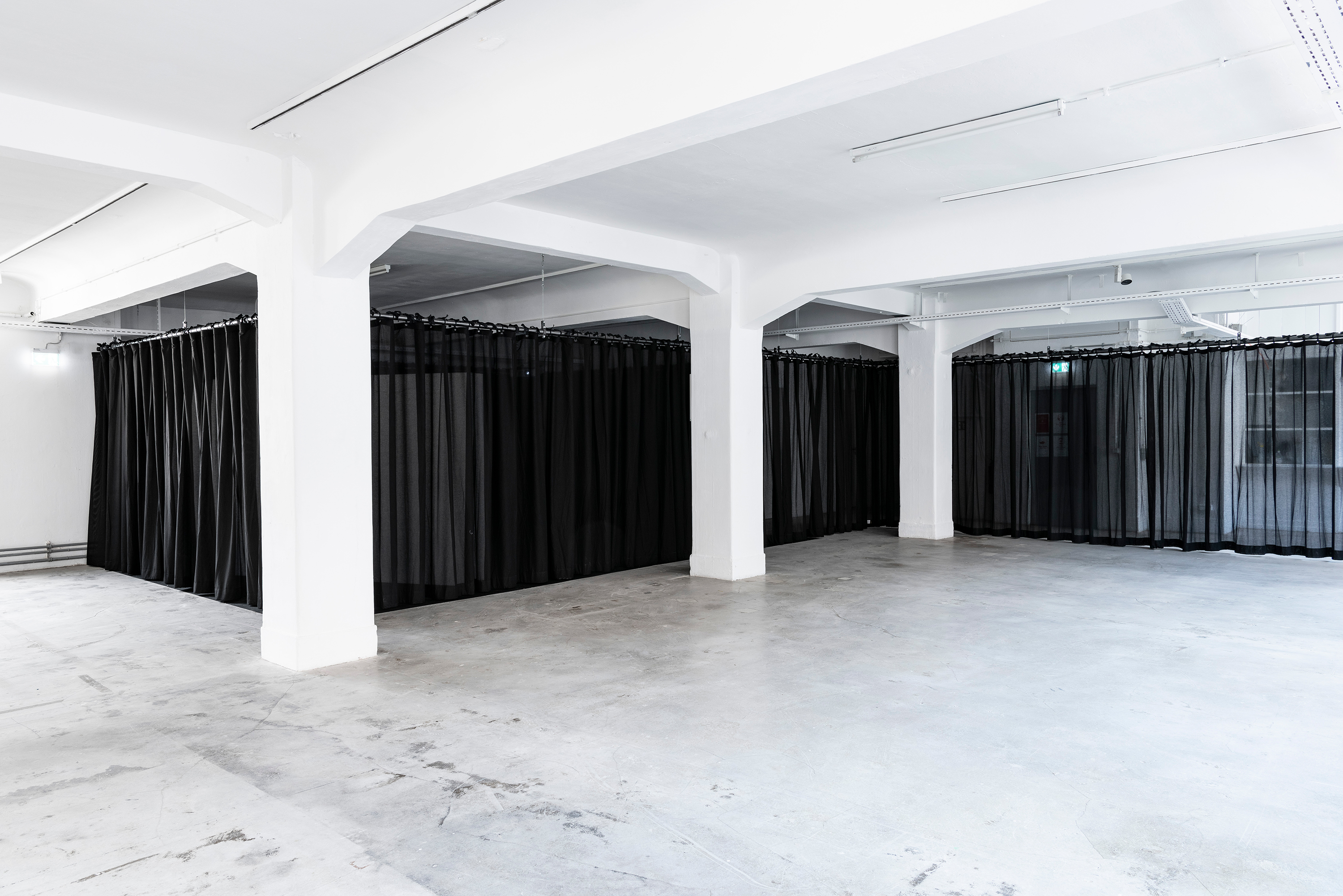
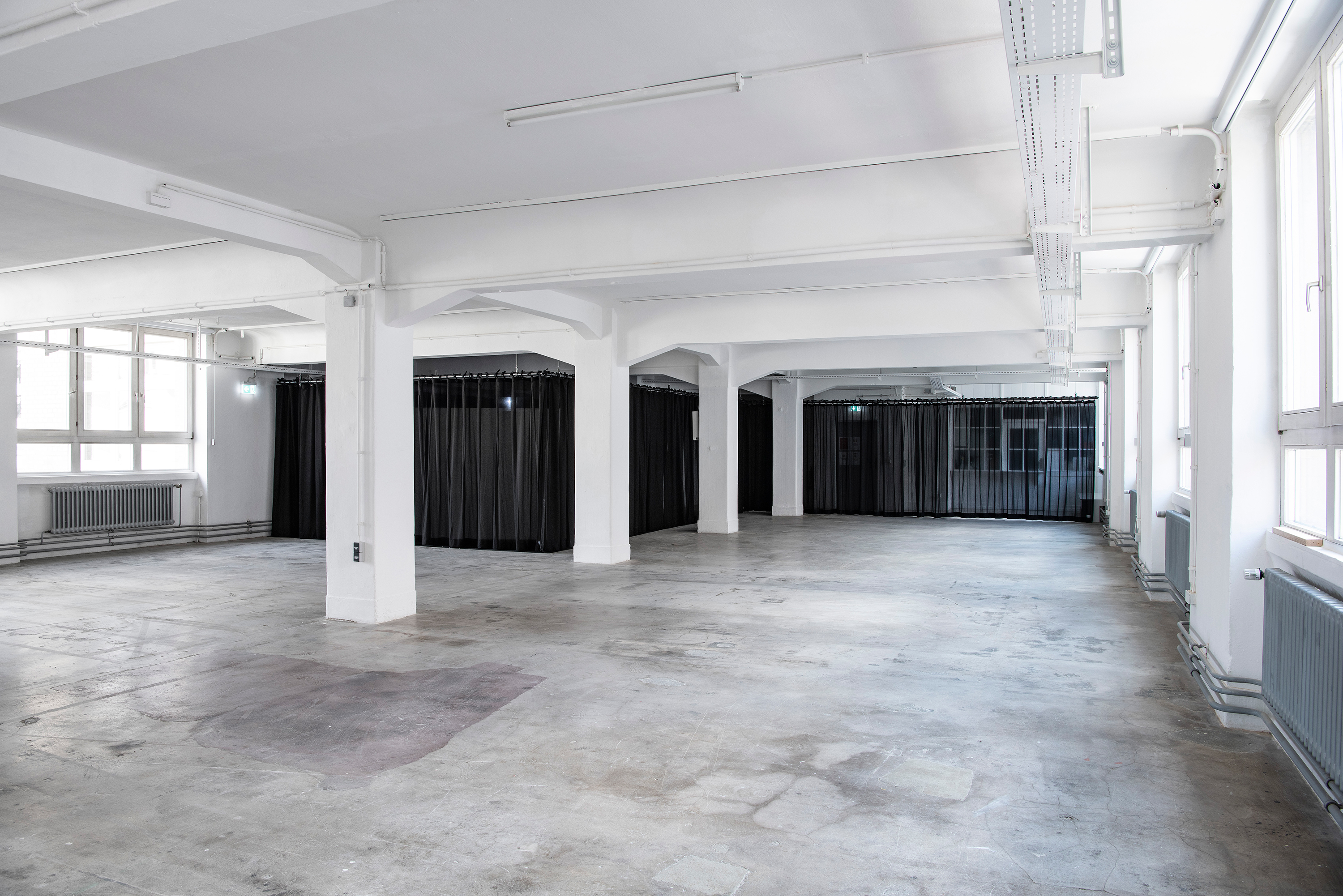

As the intersection between internationally renowned exhibition programs, Stuttgart’s community of artists, and important local discussions, the Künstlerhaus is taking on an increasingly important role. Now, this significance is also reflected in a brand-new website. Following an intensive working process, www.kuenstlerhaus.de goes online today with its new design and clear structure.
The new online presence is based on visitor-friendliness, transparency, and the presentation of all content through a new navigation system and a clear design.
The idea for the new website was to present the Künstlerhaus Stuttgart in its entirety directly on the homepage, to create a structure that made it possible to find information easily, and to present activities in our workshops and studios on an equal footing with the exhibition program.
The Stuttgart office matter of was responsible for the design, and Valentin Alisch for the technical implementation. The project was led by Managing Director Romy Range, who was supported by the board during the realization.
Transparency and Clarity
All areas of the Künstlerhaus are now placed on an equal footing alongside one another, directly visible to users. Whether it’s a matter of exhibitions, workshops, studio fellowships, or memberships for the Künstlerhaus, everything can be found in one glance and accessed directly via the navigation system. The tiled images on the homepage also enable intuitive access to the individual menu options, such as exhibitions, studios, or workshops. Moreover, the agenda provides an overview of all upcoming events and exhibitions. All content will also continue to be available in both German and English.
New Menu Options, New Content
We have not only restructured the existing content but also brought opportunities for participation more prominently to the fore with the Education and Membership categories. For example, in the area of Education, our project with the Hölderlin-Gymnasium will also become visible in the coming months.
In our new shop, editions and publications are now available for purchase, and purchases can be processed via the website. Memberships can also now be set up online, which simplifies the process for all users.
Furthermore, what is also new is the website’s function as a comprehensive research tool with filter options. It provides different users with the opportunity to delve into a multitude of particular topics and to search for content.
Clear and Simple Design
Fresh colors, lots of white space, large-format images, and embedded videos: the newly designed website provides users with all important information in a single glance. Each subpage offers an entry point via images and videos, followed by longer texts.
Hence our workshops, for example, can be experienced not only through images but also videos. In the coming months, each workshop and its special features will be presented in a short film. The first to be shown will be for the ceramics, silkscreen, and etching workshops.
Archive from 40 Years of the Künstlerhaus
In our archive, there are more than 40 years of the Künstlerhaus Stuttgart to explore. In order to make research easier for visitors, we have built in search and filter functions, so that one can research specific exhibitions, events, publications, and the like. We have processed archival material, researched visual materials, and generated new content. The archive is therefore a continual work-in-progress. In the coming months, we will continue to supplement it with further content.
With this new website, all the different facets of the Künstlerhaus Stuttgart shall be available to experience, and users will be informed about all our activities in the best possible way.

Künstlerhaus Stuttgart is pleased to announce the new studio holders for the year 2021/22, who will move into their studios at Künstlerhaus starting May 01, 2021. This year, the Künstlerhaus is once again able to provide six outstanding artists, artist groups and collectives with working spaces for one year.
We are pleased to welcome Helen Weber and Janis Eckhardt as new fellows.
The grants of Alba Frenzel, Lennart Cleemann and Marlon Lanziner and Valentino Berndt (MAVA) have been extended for another year. Jasmin Schädler will share her studio with her colleagues of the n.n.n. collective Susanne Brendel and Julia Schäfer in her last year as a studio holder.
Janis Eckhardt
Janis Eckhardt’s (*1994) working method combines personal fascinations with contemporary social circumstances through the lens of constellations and objects. His works are mostly the result of a casual momentum that emerges from these accumulated materials. Performative aspects as well as the reutilization of his own and other material—plus its history, distribution and recontextualization—are the mechanisms running through his work. He is consequently always in search of a form of reproduction and representation that is not merely symbolic but rather an intervention that produces and perpetuates ambiguity.
Helen Weber
Helen Weber (*1994) studied fine arts in Stuttgart and Istanbul. She works individually and collectively between interior and exterior space, and is part of the Schwäbischer Online-Albverein, kollektiv_mitteperformance, and ROSANNAWIDUKIND. Weber throws herself into different contexts with a field-research approach, resulting in actions, sculptures, texts, video installations and various forms of documentation. For some time now, she has been interested in the contradictions of the “German Forest,” an ideological playground between survival, woodland solitude*, folklore, protest, ticks, nature and climate protection.
*In July 2020, the “Black Forest Rambo” Y. Rausch disarmed four police officers during a call-out to his garden hut and subsequently found shelter from police helicopters in his native Black Forest during a six-day manhunt. In a video, a local resident describes the situation: “I was busy in the garden and on my way down I was looking along the street—because you just kind of glance around then for a moment—when I saw a young man in camouflage walking down the street with a long walking stick. He was walking like a hiker.”
n.n.n. collective
n.n.n. collective was founded by Jasmin Schädler, Julia Schäfer, and Susanne Brendel in 2014. Schädler studied theater directing at the Akademie für Darstellende Kunst Baden-Württemberg (2016) and art praxis at the Dutch Art Institute (2019). Schäfer graduated with a degree in fine arts from the Staatliche Akademie der Bildenden Künste Stuttgart (2020) and Brendel studied stage and costume design and visual arts at the Staatliche Akademie der Bildenden Künste Stuttgart (2021). Together, they develop formats grounded in both the visual and performing arts. Their content engages with literary and theoretical texts in equal measure as well as their potential to activate scenic processes. Their works have been shown in venues including the project space at the Kunstverein Wagenhalle, the Schauspiel Stuttgart, and the Theater Rampe. With the aid of a publication grant from the Ministry of Science, Research and the Arts of Baden-Württemberg, their book vom Aufgang der Sonne (From the Rising of the Sun) will be released in 2021. It will present texts and artistic works within the context of a critical examination of Hegel’s lectures on the philosophy of world history.
Eva Dörr & Lena Meinhardt
Lena Meinhardt and Eva Dörr have been working together as an artist duo since 2019. Their works meet in the field of sound installation.
Lena Meinhardt was a contact student in computer music at the Stuttgart University of Music and Performing Arts. She is currently studying audiovisual media at the HdM Stuttgart. In her compositions, recordings of places, objects or texts take on a life of their own through powerful syntheses of sound. Together with Eva Dörr, who studied fine arts and mathematics at KIT Karlsruhe and the State Academy of Fine Arts Stuttgart, among others, she creates location- or context-related works. Eva Dörr’s artistic focus is on (sound) installation and video. She focuses on the acoustic perception of mostly marginal spaces and places.
The work ABELKA is part of the self-organized exhibition project “Kehrmaschine”. Synchronized with other works in the exhibition, the 8-channel sound installation mixes the hall’s ventilation system with a 60-minute composition that takes spatial memory as its theme, filling the hall with sounds and their reflections.
Alba Frenzel
Alba Frenzel studied at the Academy of Visual Arts in Leipzig. During her studies, she focused on photography in the field of contemporary art. After receiving her diploma in the summer of 2017, she exhibited her work Fotopapier, Licht, Ei together with other prize winners as part of the photography competition gute aussichten – junge deutsche fotografie at the Deichtorhallen Hamburg. In spring 2021 her first publication Kreatur o.T. will be published by Vexer Verlag.
In her artistic-research work, she is interested in how “living art” is created. In her current research, she came across “liverwurst tree” by chance, which is on the same page as “life” in the Duden dictionary. “My work is large-scale research, dealing with the liverwurst tree as if it were art, or with art as if it were a liverwurst tree. The qualities that can be metaphysically rethought to the properties of art are selected in the process.
The heterogeneous material I have collected on the tree, originally native to West Africa, comes from a variety of found sources: Images, catalog texts, videos, professional essays, and internet search results.”
Lennart Cleemann
Lennart Cleemann (*1990) has a background in architecture. He studied in Hanover, Aarhus and Stuttgart. Before joining the Kunsthochschule in Stuttgart, he did an internship at Buchner Bründler Architekten in Basel (Switzerland). This time shaped his way of thinking and working attitude regarding what he calls “poetic pragmatism”. It was in Reto Boller’s art class that he discovered his affinity for direct contact with material and its emotional potency.
His work deals primarily with themes of oneness and togetherness, as well as themes of sexual desire and consumption. Liberation from a felt helplessness in the face of socially and intellectually entrenched structures is a goal of his work. He has an affinity for raw, untreated materials, which are often the starting point of his work. These are often combined with found objects from the street and construction sites and put into context with each other.
He applied to Künstlerhaus Stuttgart with the intention of using the studio provided as a test space for installations, in the sense of a dystopian apartment. The idea stems primarily from his exploration of the motif of the bed as a place of retreat, lethargy, but also intimacy and joy.
He explores emotional and relational contexts that occupy him in his everyday life. The test room can also be seen as a kind of construction site that is in constant flux. Life and death, beauty, destruction and decay have an equal right to exist here.
Marlon Lanziner und Valentino Berndt (MAVA)
As the artist group MAVA, Marlon Lanziner and Valentino Berndt have been working on the sculptural elaboration of environmental phenomenasince 2014. In their project the rain brings the color, they demonstrate how copper’s weathering processes create streaks of color on a white marble staircase as it reacts with rainwater and how this transforms the staircase’s appearance.
Marlon Lanziner (born 1989) and Valentino Berndt (born 1988) studied fine arts at the State Academy of Fine Arts in Stuttgart from 2010 to 2018.
In 2019 Marlon Lanziner designed the first edition of miniature Vadonna sculptures with Eva-Marie Holzner. The unique, individually colored bronze sculptures refer on the one hand to the classic representation of the Virgin Mary as the Madonna, and on the other to the female sex. The sculptures unite both of these aspects.
In 2020 Marlon Lanziner and Valentino Berndt published the MAVA art book The Speed of the Earth, which summarizes the artistic projects from 2014 – 2020. In the following year 2021 they plan to publish the book in the context of an exhibition.
Within the framework of the studio program, scholarships are awarded to outstanding artists and applicants from the fields of architecture and theory. They are provided with a working space in the Künstlerhaus free of charge. In addition, the workshops of the Künstlerhaus can be used free of charge. The workspaces are awarded annually on the basis of the applications received. The decision on the allocation is made by the advisory board of the Künstlerhaus. This year, the start of the scholarship is May 1, 2021 due to corona. The jury consisted of representatives of the board of directors and the advisory board of Künstlerhaus Stuttgart e.V.
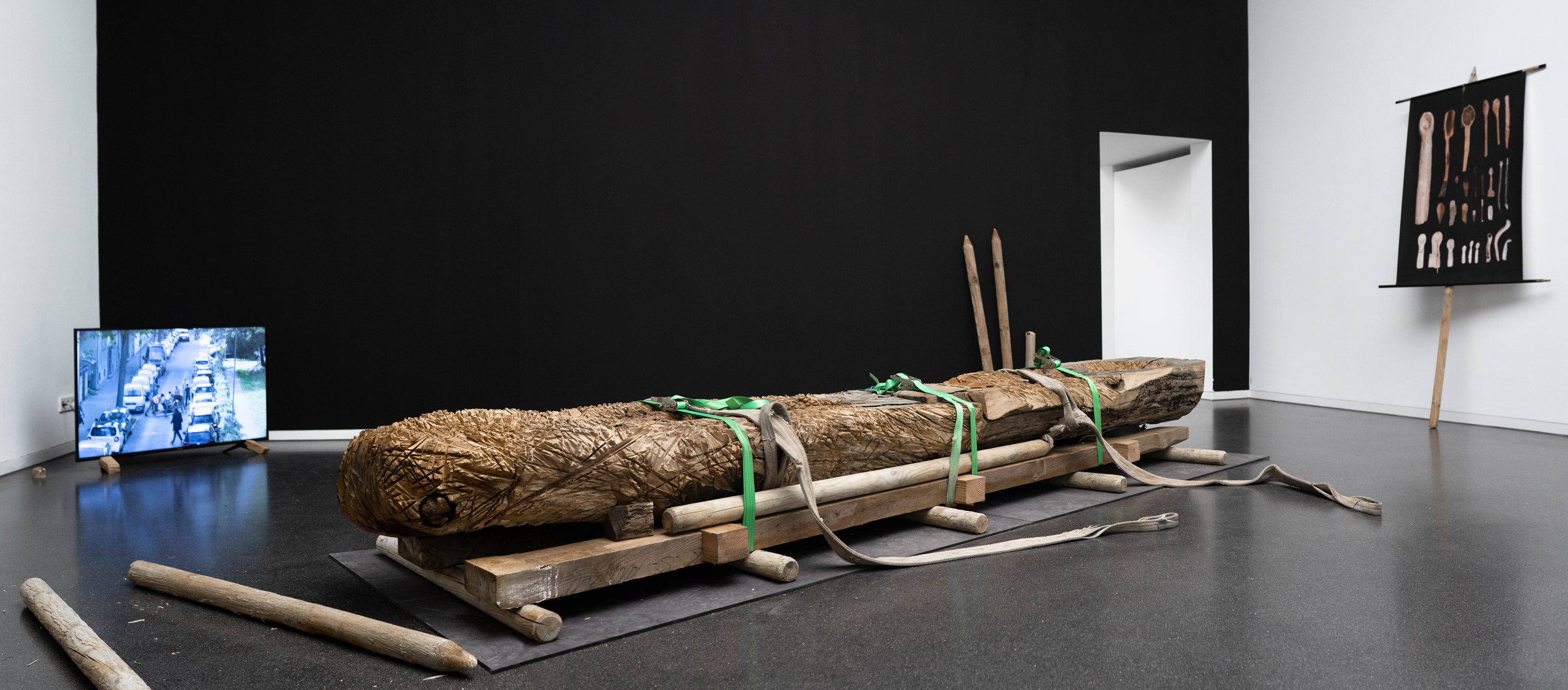

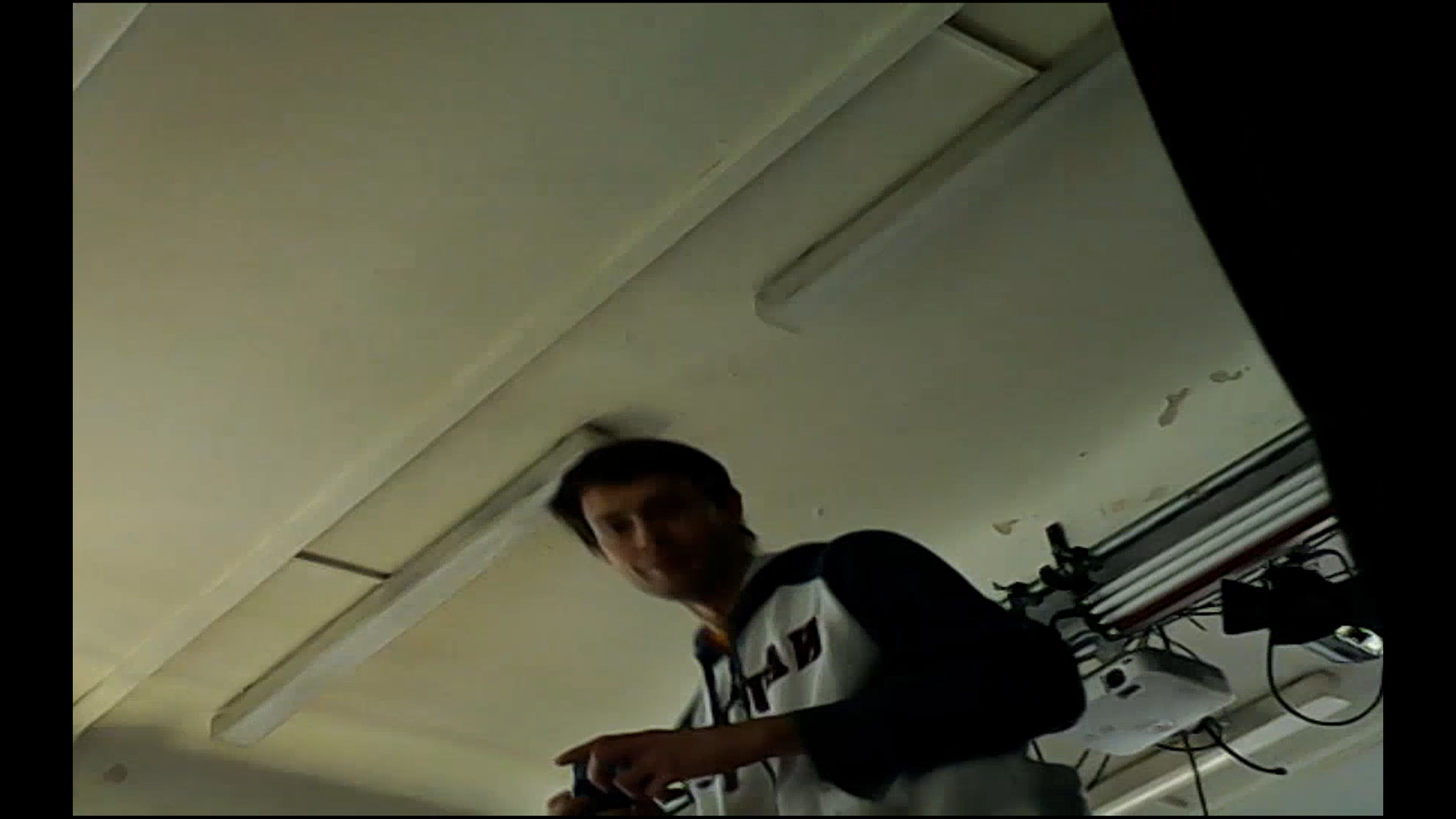
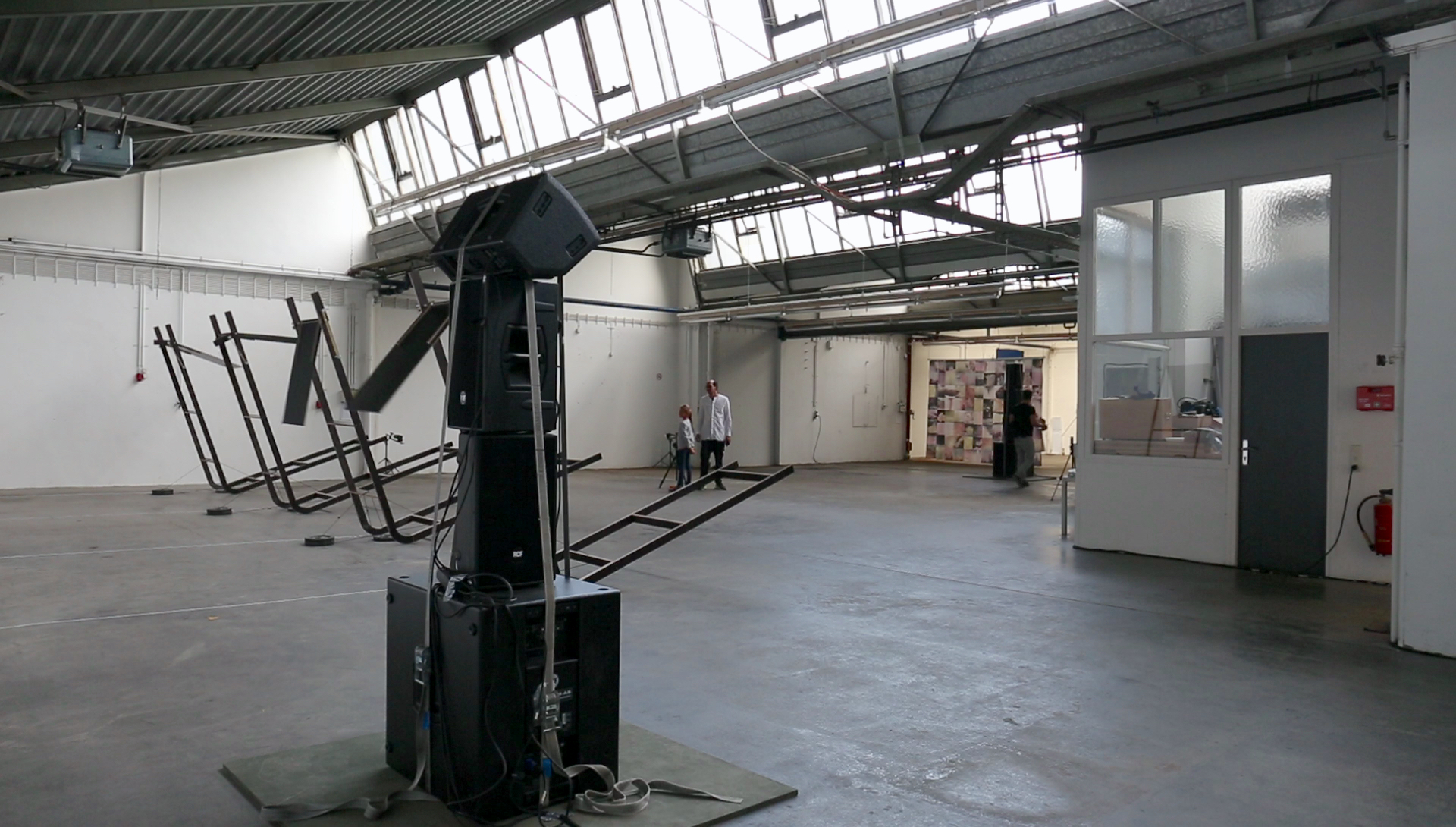



Ülkü Süngün
studied sculpture at the State Academy of Fine Arts. Using various media such as photography, installation, sculpture and lecture performances, she critically examines migration and identity (politics) and memory in her work and conducts artistic research with her process-oriented and collaborative approaches. As a lecturer at the Merz Academy and the State Academy of Fine Arts in Stuttgart, she also dealt with emancipatory issues in teaching. In the Künstlerhaus she realizes her project Institute for Artistic Migration Research (IKMF). With her association, founded in 2017, she makes her previous artistic and socio-critical practice structurally visible and uses spaces nomadically. In spring 2019, the ACTIVIST ACADEMY. VISUAL STRATEGIES I realized with several open workshops in the Künstlerhaus. In 2019 she had a stay with the IKMF during the zeitraumexit in Mannheim: GEMEINGUT JUNGBUSCH. In the Jungbusch district, she examined the functions of migration and cultural institutions in the context of gentrification. Stations of the stay were the short film series KANAKINO with Belit Sag and Cana Bilir-Meier.
___
Tuesday Workshop
From October 2020, artists and other cultural workers will meet every second Tuesday of the month at 7 pm at Künstlerhaus Stuttgart to present their artistic practice, exchange and discuss ideas, and get to know each other better.
The Künstlerhaus invites an artist or a collective—meaning any artists or cultural workers from any field or discipline—to talk about their working methods as well as their backgrounds and approaches. We want to establish a platform for a more in-depth interaction with regard to artistic practice, and in doing so to create a network, show solidarity, and mutually strengthen one other.
The series is aimed at all members of Künstlerhaus Stuttgart, artists either living in Stuttgart and the surrounding area or just traveling through, all cultural workers, art mediators, curators, etc., and is open to everyone!
The new format was initiated by Ronald Kolb and is supported by the Künstlerhaus advisory board.
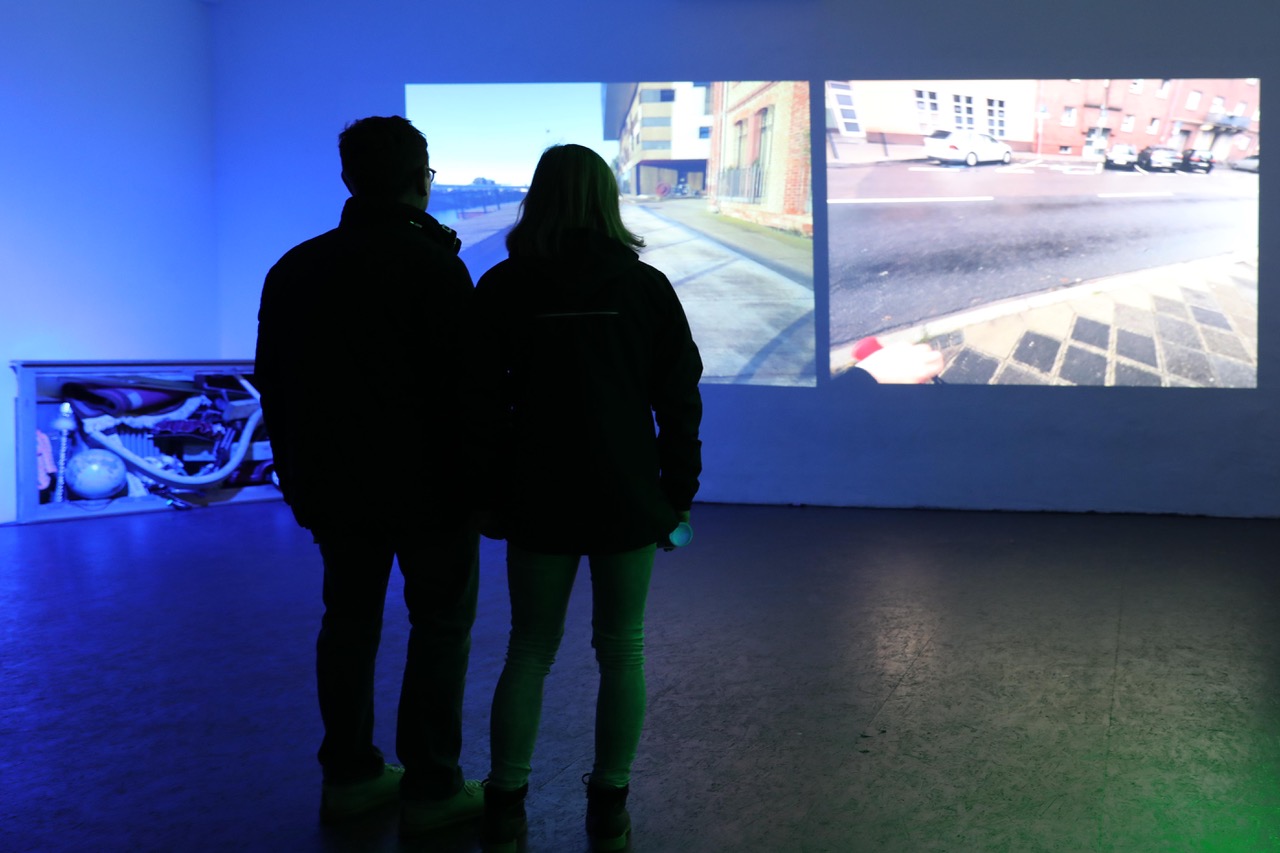
Florian Model
meanders between curatorial and artistic practice and explores the influence of technological developments on societal processes and structures by simulating the outcomes of these complex systems. He runs the nomadic non-profit organization Anorak e. V. together with Johanna Markert and Lukas Ludwig. Recent group exhibitions include MADE IN CHINA at the MAB Society, Shanghai (2013); Soft Nepotism at the Bar Du Bois, Vienna (2014); Expectations at the Composing Rooms, Berlin (2015); Zunfthaus der Künstler at Cabaret Voltaire, Zürich; and the route of friendship runs into a big beautiful wall at the Ladrón Gallery, Mexico City (2018).
___
Tuesday Workshop
From October 2020, artists and other cultural workers will meet every second Tuesday of the month at 7 pm at Künstlerhaus Stuttgart to present their artistic practice, exchange and discuss ideas, and get to know each other better.
The Künstlerhaus invites an artist or a collective—meaning any artists or cultural workers from any field or discipline—to talk about their working methods as well as their backgrounds and approaches. We want to establish a platform for a more in-depth interaction with regard to artistic practice, and in doing so to create a network, show solidarity, and mutually strengthen one other.
The series is aimed at all members of Künstlerhaus Stuttgart, artists either living in Stuttgart and the surrounding area or just traveling through, all cultural workers, art mediators, curators, etc., and is open to everyone!
The new format was initiated by Ronald Kolb and is supported by the Künstlerhaus advisory board.
Statement
We, active practitioners and institutions in the field of art, working in Baden-Württemberg, came together on June 12th 2020 to form an open, independent, and interdisciplinary alliance for equitable and inclusive conditions in the arts and cultural sector. This alliance will actively bring about systemic changes on a regional, national, and trans-national level.
What motivates us is the concern for the future of the arts, and the conviction that the arts sector can only remain independent if the structural conditions change radically, for cultural workers and the field at large.[1]
The SARS-CoV-2 pandemic has yet again highlighted the deeply precarious and unequal conditions within the arts and cultural sector. These concerns are amplified by a sector founded on the (self-) exploitation of working people, that is, both freelance workers, as well as those employed by institutions. Discrimination based on social and ethnic origins, race, age, gender, ability, or the responsibilities of child care remains a pervasive problem in the arts and cultural sector. The current conditions do not allow most of those concerned to build up savings or other securities, and in particular limit the scope for action of underserved individuals and communities.
Since the 1980’s, that is to say, since the onset of neoliberalism, publicly funded arts and cultural institutions have been under political pressure to systematically align with economic criteria, and be tailored to the model of private companies. The result has been, and continues to be, a massive reduction in permanent positions, the commercialization of public institutions, and the mandated focus on quantity, especially in terms of visitor numbers. This quantifiable product and commercial production-oriented logic has proven completely untenable under the stresses imposed by the corona pandemic.
Many independent associations and organizations already work beyond institutional funding, i.e. on the basis of voluntary work and unsecured project funding, without long-term prospects.
Competition, attention, and winner-take-all principles overdetermining factors in the arts and cultural sector, and are often the only criteria of “success”. For the vast majority of artists, the lack of basic necessities and secure income, affordable studios, storage or rehearsal spaces continue to be an existential issue. This, and other imbalances, create questionable competition for resources that are mostly based on non-transparent accessibility. The first to fall by the wayside are various disadvantaged people.
Due to the structures mentioned, and the pandemic scenario of reinforcement of exclusions and hierarchization (“market cleansing”), this current situation urgently needs to be counteracted. It is important to ensure that “high culture” and socio-culture, large stages and independent theatres, museums and artist co-operative galleries, institutions as well as international and local artists are not being pitted against each other. The cultural landscape must remain diverse and complex.
The numerous aid and emergency programs, which are currently being laid out – especially in Baden-Württemberg – for workers and institutions in the field of the arts, are an encouraging sign that politicians are aware of the importance, concerns and needs of the arts—and this gives rise to hope for a common solidarity, in face of the current crisis and also after having overcome it.
However, the closure of all arts and cultural institutions while private businesses remain open, regardless of existing health and safety measures, in the so-called ‘lockdown light’, has painfully demonstrated that the social importance of the arts is still not fully recognized by some parts of politics. This demonstrates clearly that the arts, not just in times of crisis, clearly lag behind economic interests. It is highly problematic and we do not understand why moreover, with the second lockdown, they were denied any educational work.
We are highly concerned that the many aid packages will be followed by budget restructuring which would hit the arts with great severity. This would mean that we would fall even further behind the current inadequate funding policies. This requires new approaches and structures that go beyond the current crisis and give long-term security to the independence of the arts and their emancipatory potential.
For the absolutely necessary change in the arts and cultural sector, the existing funding policies and working practices must be fundamentally questioned and re-organized with the participation of the active protagonists from the arts, politics and administration. The financial basis for transparent and fair, diverse and inclusive (working) conditions must be created, instead of continuing to rely on the (self-) exploitation of arts and cultural workers and the structural deficits of public institutions. This means we need funding models which are based on long-term radical equality of institutions and artists which – for example, in their role as applicants – guarantee and allow adequate and binding payment for everyone working in the arts and cultural sector: for artists, as well as freelancing or employed curators, dramaturges, cultural producers, mediators, graphic designers, technical teams, mask, stage and costume designers, restaurators, assistants, interns, authors, translators, cashiers, security and cleaning staff, journalists and many more. This is impossible under the given funding conditions.
The sum that the federal, state and local authorities in Germany spend annually on culture is 11.4 billion euros, which represents merely 1.77% of the federal budget and 0.35% of GDP.[2] This is an extremely low percentage. In the European comparison, in terms of cultural expenditure of the total public budget [3] Germany ranks 15th, together with France, Slovakia, Romania and Finland. In the comparisons within the federal states, Baden-Württemberg ranks 8th in terms of cultural expenditure (states and municipalities) per inhabitant with 114.64 euros, just below the average and far behind Saxony (212.95 euros) in 8th place [4] (all figures: as of 2017).
As the figures above show, a significant increase in public funding for arts and culture in Germany, in general, and in Baden-Württemberg, in particular, is absolutely necessary. Furthermore, there is an urgent need for a transparent and participatory discussion about the existing allocation, between all parties involved. The promotion of culture must finally be declared a mandatory task of the state. This is the only way to counteract, in a binding and sustainable manner, the precarious working conditions in the cultural sector, in which around 1.3 million people are employed – almost 40% of them as freelancers (as of 2017).[5]
As an extension to existing forums, we want to be competent, critical advisory partners working closely with municipal, federal and national authorities, to help shape solutions, to bring demands and suggestions into budget negotiations, and to approach the political systems. It is only together that we can establish alternative structures, accurately analyze, and eliminate the systemic errors, which have arisen and stabilized over decades, in cultural policy and cultural financing.
In addition to the concern of helping to shape the necessary changes of the existing cultural-political structures through our knowledge, experience, criticism and creativity, it is equally important to us to put ourselves to the test, through developing our own working, thinking and decision-making methods concerning an equitable, diverse and inclusive arts and cultural sector. How are the institutions and active protagonists set up in our alliance, how transparent and democratic are their decision-making processes? How critical of discrimination and sensitive are their actual working practices? Last but not least, we also have to ask ourselves what functions and responsibilities public arts and cultural institutions have, in an immigration country, in terms of social imbalances, growing nationalism, right-wing radicalism, digital surveillance and the climate crisis. How do we deal with (self-) censorship and sexualised violence within the arts and cultural sector?
These questions can only be negotiated from multi-perspective points of view and in collective processes. There is as much to unlearn as there is to learn anew. In this sense, how can already existing resources and opportunities be used more cooperatively and in solidarity?
Our alliance is not only concerned with the old and new, pandemic related problems in the arts. It also asserts itself for strong systemic changes which think the arts in solidarity with other areas of society. We are concerned with a cultural, social and political change that does not follow the principle of the strongest but makes vulnerability its starting point.
This new alliance is open and currently incomplete. We are looking forward to many more participants from different fields and contexts of the arts.
More information: www.dasbuendnis.net
[1] For us, the term “art and cultural workers” includes all freelancers and employees in the arts and cultural sector: from artists, curators and dramaturges to security and cleaning services.
[2] from: Statistische Ämter des Bundes und der Länder (ed.), Cultural Financial Report 2020, 2020, p. 19-20. The 2017 public cultural expenditure on which this is based relate to the fields of theatre and music (34.5%), museums, collections and exhibitions (19.1%), libraries (14.1%), cultural affairs abroad (6%), public art colleges (5.1%), monument protection and preservation (5%), administration (2.5%) and other (13.8%). See: https://www.destatis.de/DE/Themen/Gesellschaft-Umwelt/Bildung-Forschung-Kultur/Kultur/Publikationen/Downloads-Kultur/kulturfinanzbericht-1023002209004.pdf (last accessed on 8.1.2021).
[3] from: European Union (ed.), Culture Statistics. 2019 Edition, 2019, p. 194. The comparison between European Union countries published here refers to expenditure on culture, broadcasting and publishing. See: https://ec.europa.eu/eurostat/de/web/products-statistical-books/-/ks-01-19-712 (last accessed on 8.1.2021).
[4] from: Cultural Finance Report 2020, as note 2, p. 24.
[5] [from: Statistische Ämter des Bundes und der Länder, press release no. 145, 22 April 2020. Occupations in the cultural sector are very broadly defined here and range from “technical media design” to “acting, dance and the arts of movement” and “teaching activities in extracurricular educational institutions” to “museum technicians and management”. It is not possible to identify who is working in the more commercial or more subsidised sector in the various categories used here. At the same time, it can be assumed that many who work in the publicly funded arts sector are not included here: such as security and cleaning staff. See: https://www.destatis.de/DE/Presse/Pressemitteilungen/2020/04/PD20_145_216.html(last accessed on 8.1.2021).
Damaris Wurster
is a visual artist, freelance editor and writer. She studied at the Merz Academy and the State Academy of Fine Arts Stuttgart.
In her work she deals with the abstraction of photography and digital compositions. The starting materials are analog film material, digital photographs and found footage. In addition to her artistic work, she works as an editor with a focus on media art.
In 2016 she founded the Lowland Magazine and the exhibition project of the same name together with Anne Pflug and Christiana Teufel. The project aims to promote networking among artists from different disciplines.
___
Tuesday Workshop
From October 2020, artists and other cultural workers will meet every second Tuesday of the month at 7 pm at Künstlerhaus Stuttgart to present their artistic practice, exchange and discuss ideas, and get to know each other better.
The Künstlerhaus invites an artist or a collective—meaning any artists or cultural workers from any field or discipline—to talk about their working methods as well as their backgrounds and approaches. We want to establish a platform for a more in-depth interaction with regard to artistic practice, and in doing so to create a network, show solidarity, and mutually strengthen one other.
The series is aimed at all members of Künstlerhaus Stuttgart, artists either living in Stuttgart and the surrounding area or just traveling through, all cultural workers, art mediators, curators, etc., and is open to everyone!
The new format was initiated by Ronald Kolb and is supported by the Künstlerhaus advisory board.
Jasmin Schädler
is a director and visual artist. After her bachelor’s degree in physics and cultural studies, she studied theater directing under Christof Nel at the Akademie für Darstellende Kunst Baden-Württemberg and completed a master’s degree in art practice at the Dutch Art Institute. Her artistic focus lies in the dissection of contexts and etymologies. Technology and perception are currently at the center of her work. One long-term artistic research project is her work on the interaction between humans and algorithms. She recently presented a lecture performance on this topic at Silent Green (Berlin) in May 2019.
In 2020 she is creating a work with Bongile Gorata Lecoge-Zulu for the festival Die irritierte Stadt that explores the performative diversity of the perception of urban space. As part of the collective die apokalyptischen tänzer*innen (www.apocalypse.dance) she develops performances in close collaboration with Theater Rampe and as part of Freischwimmen, a platform for new talent.
___
Tuesday Workshop
From October 2020, artists and other cultural workers will meet every second Tuesday of the month at 7 pm at Künstlerhaus Stuttgart to present their artistic practice, exchange and discuss ideas, and get to know each other better.
The Künstlerhaus invites an artist or a collective—meaning any artists or cultural workers from any field or discipline—to talk about their working methods as well as their backgrounds and approaches. We want to establish a platform for a more in-depth interaction with regard to artistic practice, and in doing so to create a network, show solidarity, and mutually strengthen one other.
The series is aimed at all members of Künstlerhaus Stuttgart, artists either living in Stuttgart and the surrounding area or just traveling through, all cultural workers, art mediators, curators, etc., and is open to everyone!
The new format was initiated by Ronald Kolb and is supported by the Künstlerhaus advisory board.
NAF
are the two artists Nana Hülsewig and Fender Schrade. Their collaboration began in 2013 at the Künstlerhaus Stuttgart. Since then they have been working consistently on an aesthetic of transgression in the areas of pop music, theater and the visual arts. In 2019, they were awarded the Baden-Württemberg Dance and Theater Prize for the second time for their stage work. In June 2015 they received the three-year conceptual funding from the state of Baden-Württemberg for their project series “NORM IS F! KTION”. Since 2018, NAF has expanded its duo with international artists with its project “DIE WERKSTATT” and developed artistic working methods, their instruments and their compositions as a collective. The Galerie für Zeitgenössische Kunst Leipzig and the Theater Rampe Stuttgart are close allies.
__
Tuesday Workshop
From October 2020, artists and other cultural workers will meet every second Tuesday of the month at 7 pm at Künstlerhaus Stuttgart to present their artistic practice, exchange and discuss ideas, and get to know each other better.
The Künstlerhaus invites an artist or a collective—meaning any artists or cultural workers from any field or discipline—to talk about their working methods as well as their backgrounds and approaches. We want to establish a platform for a more in-depth interaction with regard to artistic practice, and in doing so to create a network, show solidarity, and mutually strengthen one other.
The series is aimed at all members of Künstlerhaus Stuttgart, artists either living in Stuttgart and the surrounding area or just traveling through, all cultural workers, art mediators, curators, etc. and is open to everyone!

It is widely known that the field of art has become particularly indicative of the political economy. We recognize the kind ofdamage that art fully participates in now. Plutocratic governance arrangements and wealth management strategies increasingly define the operational structures of art institutions. Artworld sites of production, distribution, education, reception, and consumption are entirely synonymous with socioeconomic inequality. Artists are a frequently cited example of how laborers are exploited, dispossessed, and deprived when working in a hyper-atomized industry dominated by asymmetrical property laws, freelance contracts, non-disclosure agreements, and verbal offers.
How do we intervene in the consequential legal-economic structures that govern immediate lived relations and working conditions in the field of art? How do we reconcile the unbearable disconnect between the declarative politics that works of art invoke, and the actual political realities that produce and distribute works of art?
Working Group Series
The exhibition, Working Groups, at the Künstlerhaus Stuttgart initiates a two-year long series of closed-door working groups to engage in a substantive reconsideration of the institutional governance arrangements, socioeconomic conditions, and labor relations that produce and distribute art. Comprised of local, regional, and international constituencies, these working groups will conceptualize and implement policies, contracts, and bylaws specific to the Künstlerhaus Stuttgart. In addition to directly addressing the Künstlerhaus Stuttgart as a responsive institutional case study, this working group series offers a model of collaborative governance while supporting experiential research into shared policy.
Founded by artists in 1978, the Künstlerhaus Stuttgart is an institutional context that is structurally equipped for reconsiderations of governance and policy-making from the perspective of art practitioners. It is an art institution constituted by the legal-economic structures of association law in Germany, with bylaws that stipulate association members’ voting rights in governing the institution. In addition to the agency that comes with maintaining voting rights in a typical kunstverein structure, association members of the Künstlerhaus Stuttgart—the large majority of members being artists or practitioners who maintain artistic criteria at the core of their work—also oversee numerous production facilities, workshops, and studios located onsite in the same building that houses exhibition galleries and administrative offices. Consequently, artists occupy a position that closely interrelates institutional governance and the immediate conditions of production at the Künstlerhaus Stuttgart.
By emphasizing artists as primary constituents who conceptualize and implement institutional policy governing conditions in the field of art, this series of closed-door working groups at the Künstlerhaus Stuttgart challenges the settled expectation that artists’ work necessarily amounts to purely content-related outcomes for consumption. Working Groups also then reconsiders to what extent exhibiting art institutions can resist the attention economy and its current demand for consumable content by recognizing and valuing the work artists do that is not intended for consumption. Indeed, how can artists and their institutions fully realize the actual lived conditions that produce and distribute art as being inextricably bound to the symbolic, sensorial, and affective systems of artworks themselves?
The Services Working Group Video Document
The exhibition component of Working Groups at the Künstlerhaus Stuttgart presents the complete archive of videos documenting a historical closed-door working group on labor relations and institutional governance in the art field, which took place on January 22 and 23, 1994 at the Kunstraum of the University of Lüneburg, a non-collecting university art gallery in Lüneburg, Germany (now Kunstraum Leuphana University of Lüneburg). The art historian and curator, Helmut Draxler, and the artist, Andrea Fraser, organized this two-day working group at the invitation of the Kunstraum’s co-directors, Beatrice von Bismarck, Diethelm Stoller, and Ulf Wuggenig. Joining the organizers and co-directors in contributing to the working group discussions were a number of practitioners invited by Draxler and Fraser, including: Judith Barry, Ute Meta Bauer, Jochen Becker, Ulrich Bischoff, Iwona Blazwick, Susan Cahan, Michael Clegg, Stephan Dillemuth, Renée Green, Martin Guttmann, Renate Lorenz, Christian Philipp Müller, Fritz Rahmann, and Fred Wilson. The incredibly candid, and critically reflexive, working group discussions between the organizers, Kunstraum representatives, and the invited practitioners were recorded on videotape, and this compelling video document was then shown as part of the exhibition, Services: The Conditions and Relations of Service Provision in Contemporary Project Oriented Artistic Practice (Kunstraum Lüneburg, January 24 – February 20, 1994). Immediately following its debut at the Kunstraum Lüneburg, the Services exhibition travelled to the Künstlerhaus Stuttgart (1994), the Kunstverein Munich (1994), the Depot in Vienna (1995), Sous-sol, Ecole Supérieure d’Art Visuel in Geneva (1995), and the Provinciaal Museum in Hasselt (1995). The exhibition project was then further realized under the title Parasite at Clocktower, P.S. 1, New York (1997), and as Antagonisms Museum D’Art Contemporani de Barcelona (2001). Working groups with different newly invited contributors and representatives of the hosting institution were organized but not recorded on video.
The Services exhibition—and the closed-door working group as a central operative structure by which the exhibition itself was produced—came out of collaborative research that Draxler and Fraser had conducted into the concept of service provision. Their research aimed at identifying in economic terms what they considered a shared condition of art practices which, in the early 1990s, consistently resulted in ephemeral displays and activities that were not transferred into the art market as objects for sale. For instance, Draxler and Fraser considered to what extent economic theories of service provision could further an understanding of how artists exhibiting non-transferrable works ask for fees from exhibiting institutions. Their research into service provision requested a re-evaluation of the socioeconomic conditions and relations under which artistic practices were being carried out. By introducing the term ‘service provision’ to identify certain labor in the art field, they drew from a long history of social, legal, and economic analysis of service work.
One of the key determinants of service work is that it is a form of labor that incorporates both production and consumption, interacting between these two realms at ever-adaptable working time requirements. The temporal flexibility—the adjustable disciplining of time—required to produce in direct and immediate response to the consumer’s demands, places service work under the often precarious legal standards of subcontracted and freelance contracted work. Within service provision, employers and consumers increasingly share employing functions. The producer’s proximity to the inclinations of consumers is significant to considering abuses, and the variable working time condition has created deeply asymmetrical relations between employers and employees. The gendered and racially-specific dimension of service work, and the socially structured identities and bodies of those hired to perform services, is crucial to understanding abuses that continue to be exacted upon service workers. The exploitation, dispossession, and deprivation exacted upon hired service workers must also be considered with relation to the foundational and continuous histories of slavery, peonage, and human-trafficking. As a form of commodified labor that is contracted out entirely on-demand, the provision of work services has transformed businesses and organizations into contracting agencies that shift the costs of providing benefits, legal protections, and tax contributions onto the worker. These legally ratified exemptions for employers have made the hiring of work services increasingly pervasive within the global economy.
Service provision studies identify an extensive labor sector, and a widely reproduced model for how labor is managed, which has yet to be fully integrated into labor law practice, organized labor, and institutional hiring policies. The obstacles to regulating service work are numerous. There are the legislative complexities of applying shared governance arrangements to distinct services that are precured through individual privately-governed contracts—written or verbal agreements that are often merely one-sided offers with no input or negotiation on terms and conditions that benefit the service worker. And, perhaps moreover, there are the ideological impediments to realizing labor standards for service work. The responsiveness between production and consumption, and the variable working time that characterizes service provision, are often held up as ideal conditions, evidence that the service worker has seemingly greater individual autonomy. Service work, and freelance labor broadly, is promoted for its independence, allowing greater control over when, where, and for whom individuals work. But it is well known that the title of “independent curator,” for instance, is a euphemism for an occupation that by repeatedly claiming to be independent disavows the actual dependencies at work. We very rarely learn who is actually being depended on, and by what means they are being depended on, when affirming independence. Laboring relations are concealed in the dominant model of artistic production in part because asserting the artist’s autonomy from governing institutions, supply chains, and production systems too often also repudiates the laboring relations that constitute these sites. Persistent claims of artistic autonomy foreclose a process of collectively organizing the specific conditions by which we work, and together assess the burdens of our laboring subjectivities. Ultimately, by maintaining the declarative politics of creative autonomy, artists, curators, and other cultural producers do not solely compartmentalize, negate, contradict, or omit the material politics of their working conditions, they also usurp shared struggles.
During the Services working group at the Kunstraum Lüneburg in 1994, the contributors openly discussed their past work-related experiences and had direct exchanges about the immediate struggles of their shared working conditions. The video document of the two-day long discussions offers a sustained view of these shared struggles, messy interactions, and complex questions that took place over the course of an introductory session, four thematic sessions titled, Serving Institutions, Serving Audiences, Serving Communities, Serving Art and Artists, a concluding session, as well as a public presentation by the organizers and participants. The exhibition, Working Groups, at the Künstlerhaus Stuttgart emphasizes these working group discussions that took place at the Kunstraum Lüneburg, presenting a history of individual and collective dilemmas facing workers in the field of art. And by underscoring the Services working group structure itself, Working Groups seeks to actualize the exhibition’s history—rushing this past into the present by proposing a model of intervention-meaning and collective organizing that can be applied to the current historical moment of labor relations and governance arrangements within and beyond the field of artistic production.
Released in conjunction with the exhibition, Working Groups, is a newly produced publication, The Services Working Group (1994 – 1995), published by Fillip, Vancouver. This book revisits the history of the Services working group and reconsiders its political imperatives with relation to the current realities of the art field. The book features a newly produced English/German bilingual transcript of the entirety of the original Services working group discussions. The translation of this transcript was done by Fiona Bryson and co-produced by the Künstlerhaus Stuttgart and Kunstraum Leuphana University of Lüneburg. Bryson’s translation also forms the German language subtitles which accompany the Working Groups presentation of the Services working group video document.
This exhibition has been realized with public funding from the city of Stuttgart
Additional funding for this exhibition has been provided by Wüstenrot Stiftung and Kunstraum of the Leuphana University Lueneburg
The publication, The Services Working Group (1994 – 1995), released in conjunction with this exhibition, is published by Fillip, Vancouver
Photograph by Michael Koch, Courtesy of Kunstraum of the Leuphana University Lueneburg
Office:
Hannah Becker, Assistant General Management
Regine Pfisterer, Accounting and Membership Services
Romy Range, General Manager
Technical Crew:
RIdvan Civelek
Eva Dörr
Kai Fischer
Siggi Kalnbach, Technical Manager
Michelin Kober
Rebecca Ogle
Markus Feifel Pargas
Max Reschke
Anne Römpp
Ciara Tierney
Künstlerhaus Exhibition Educators:
Thora Gerstner
Maya Roismann
Anna Romanenko
Mira Simon
Björn Kühn
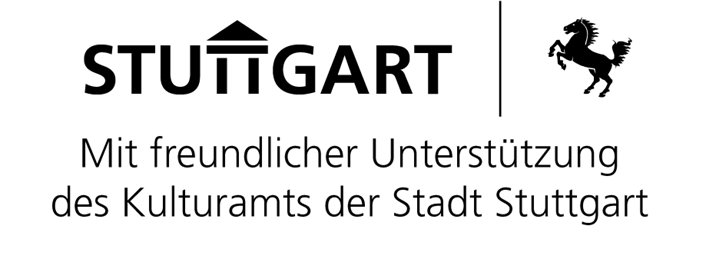


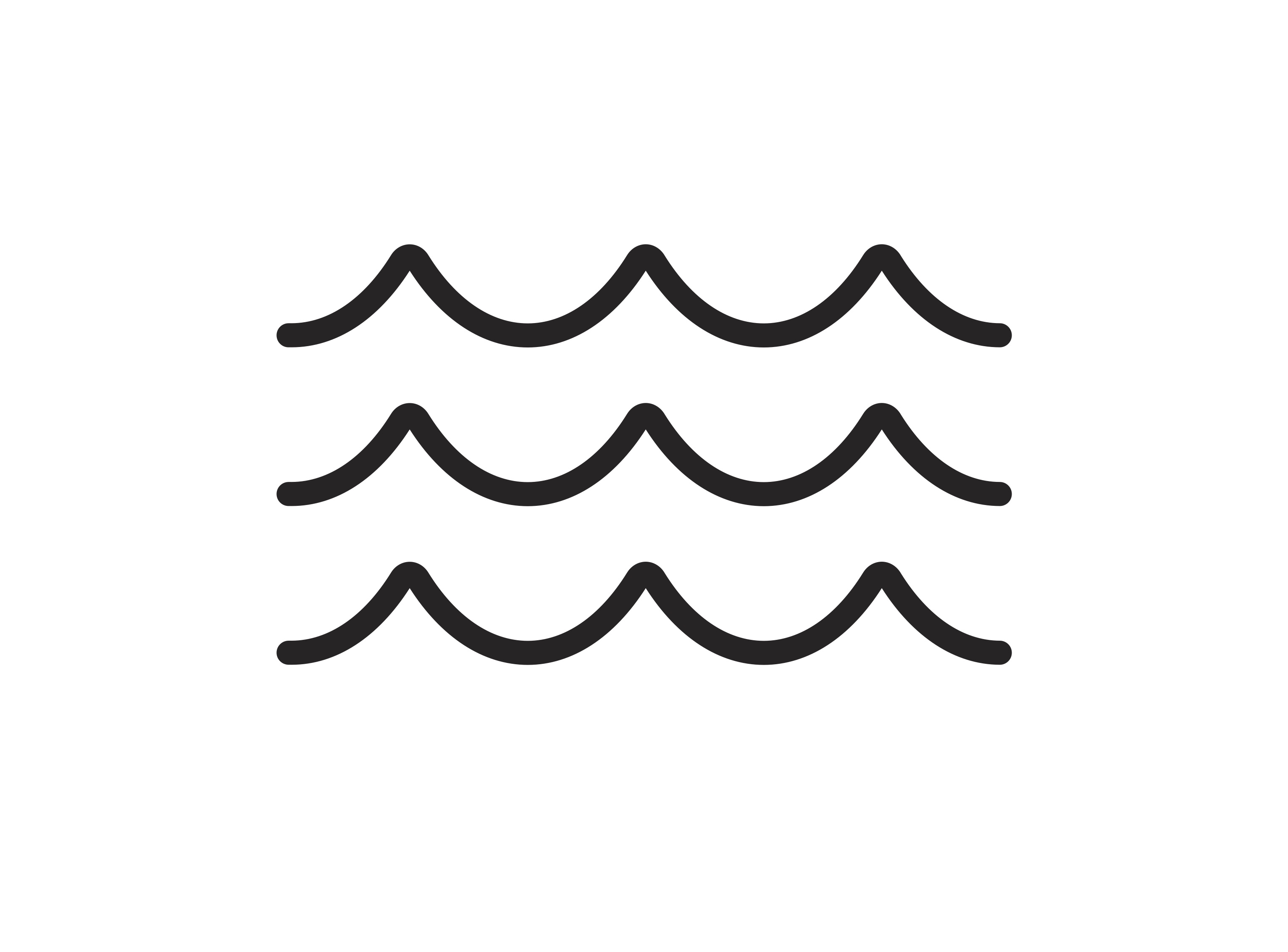
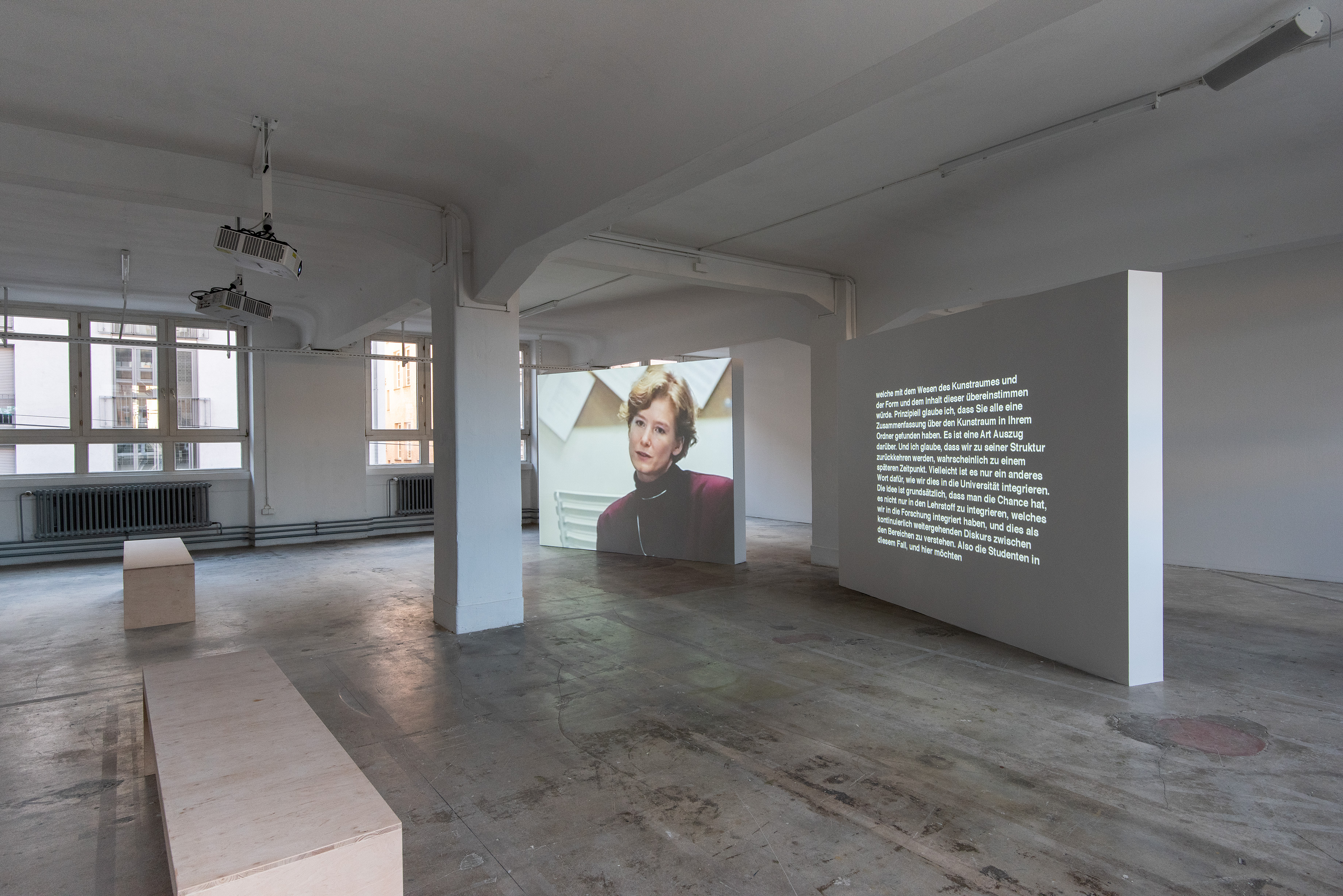
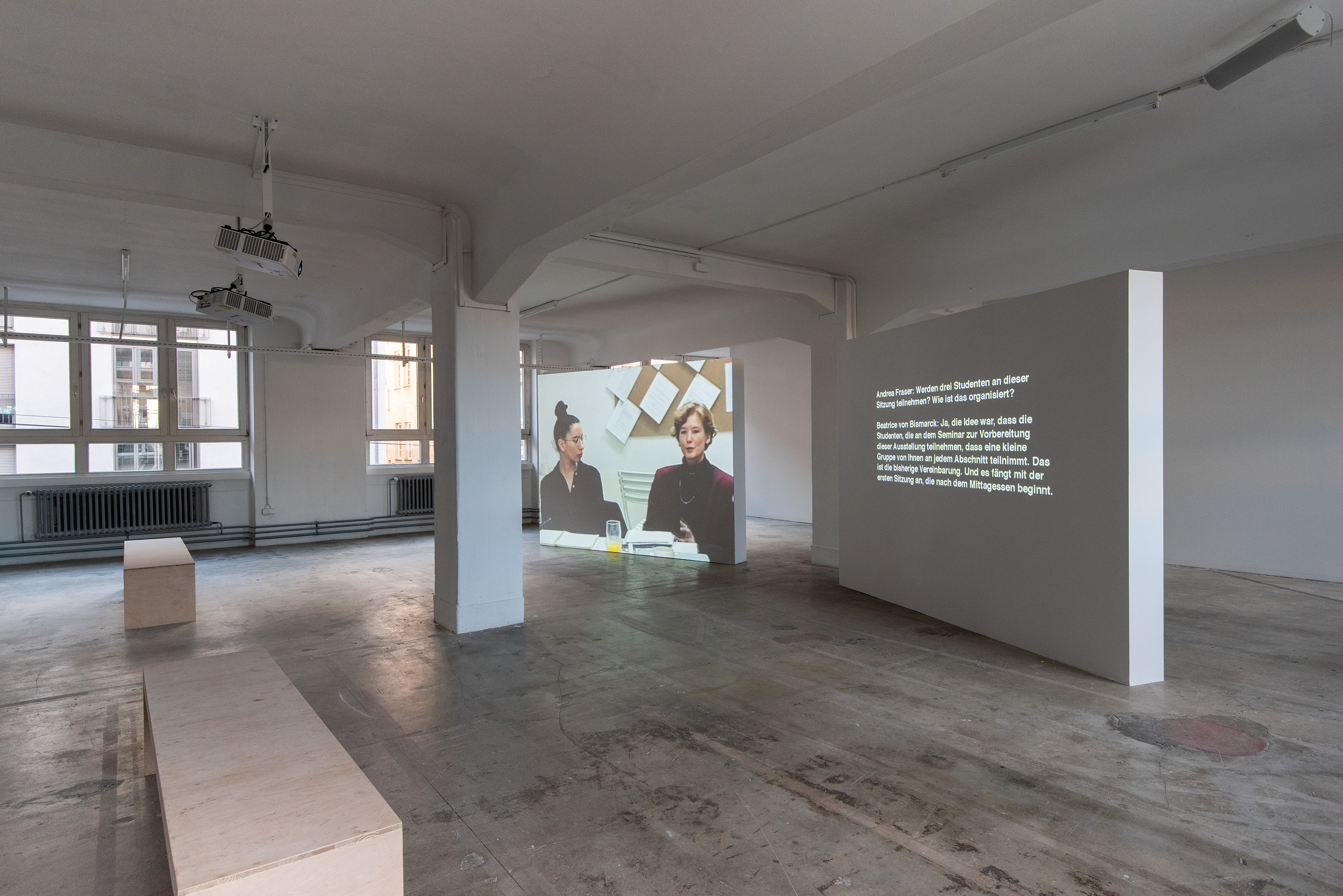
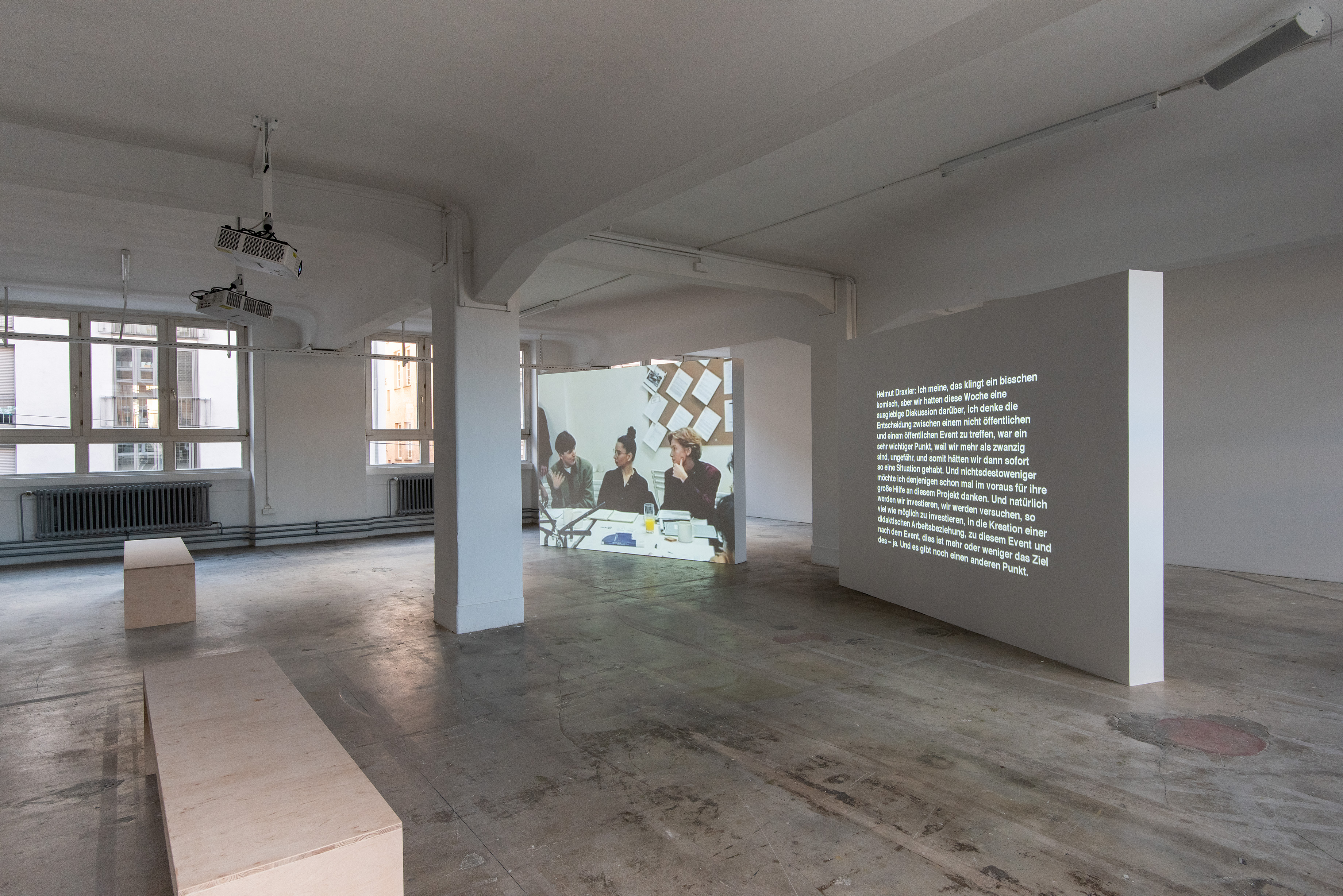

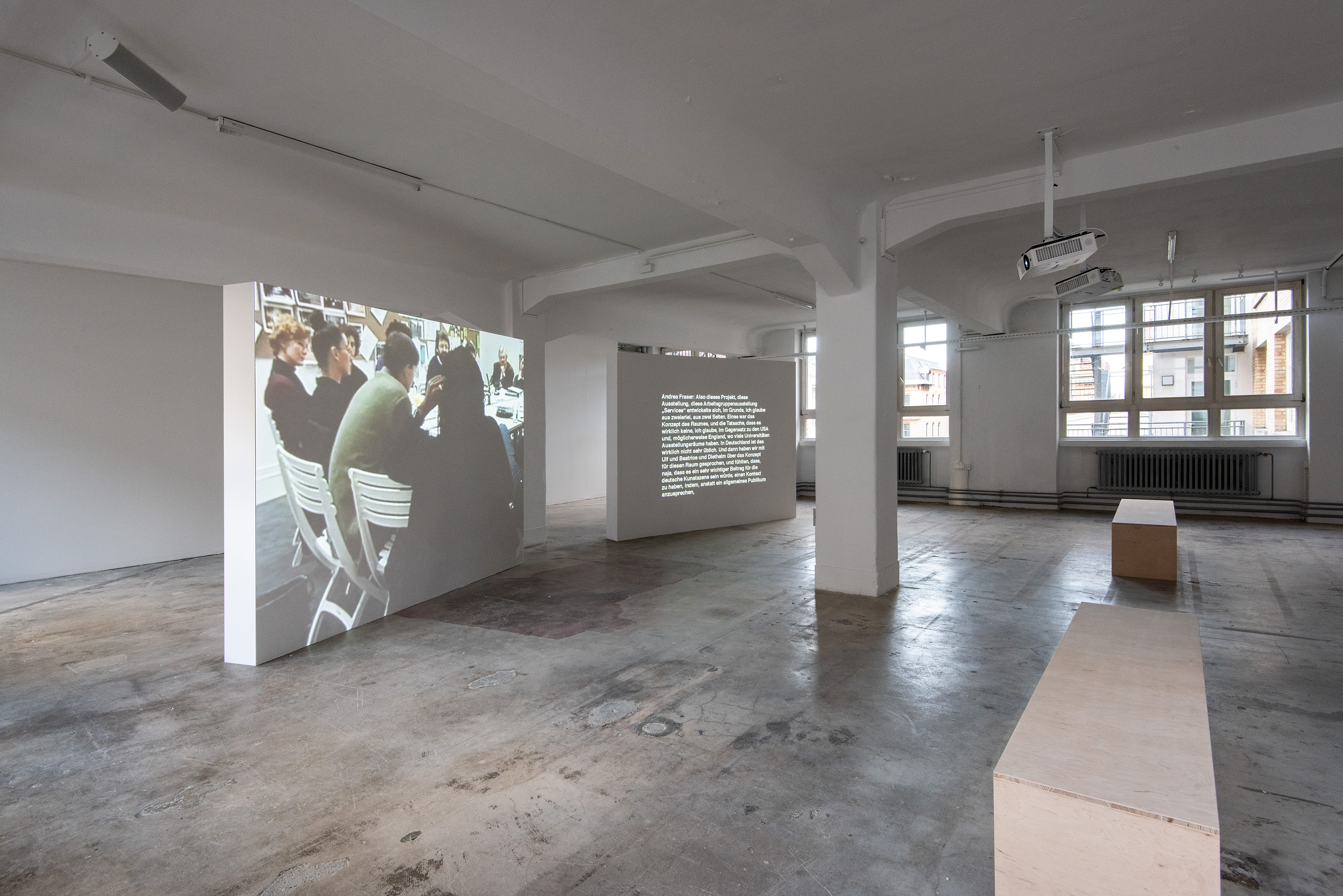
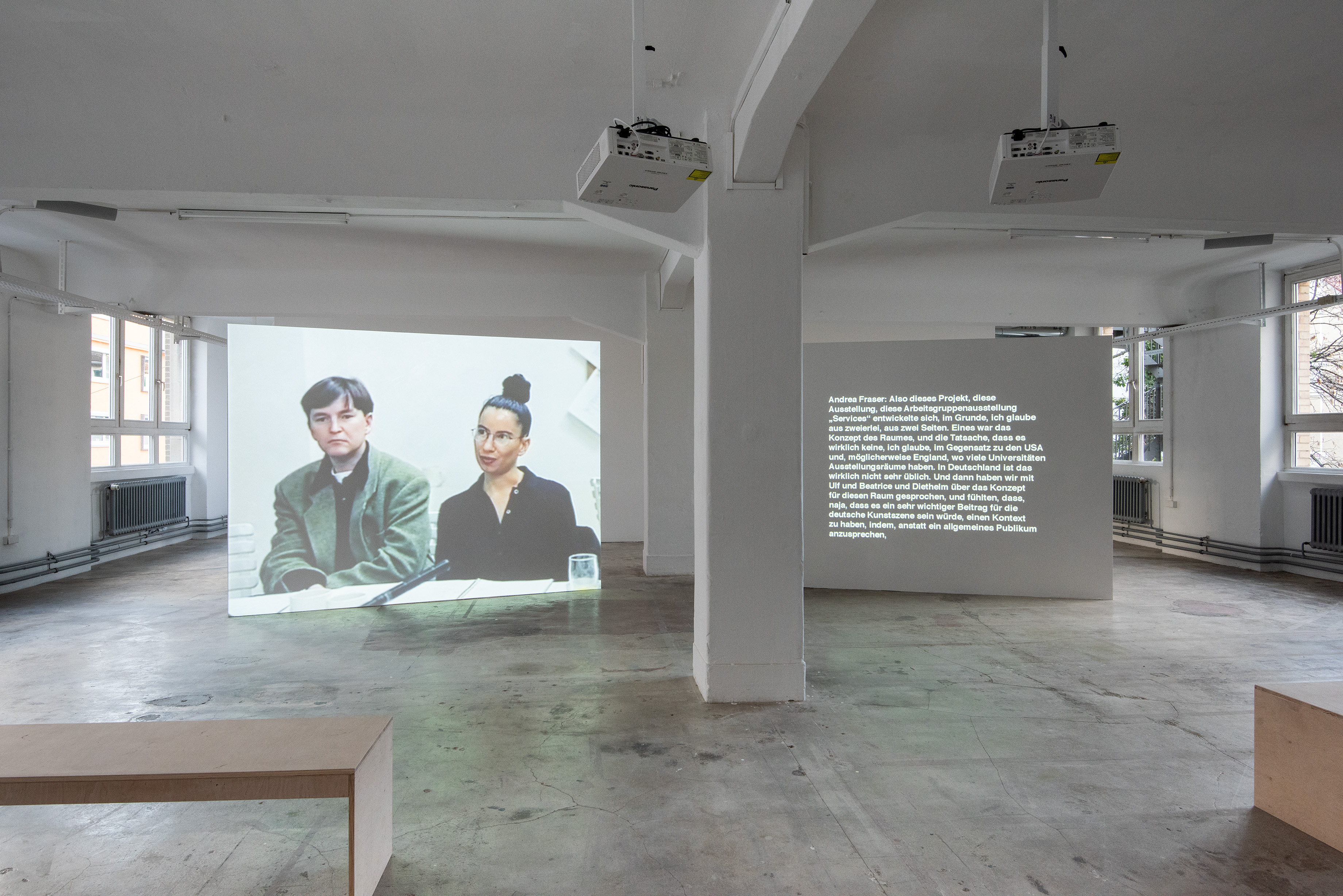
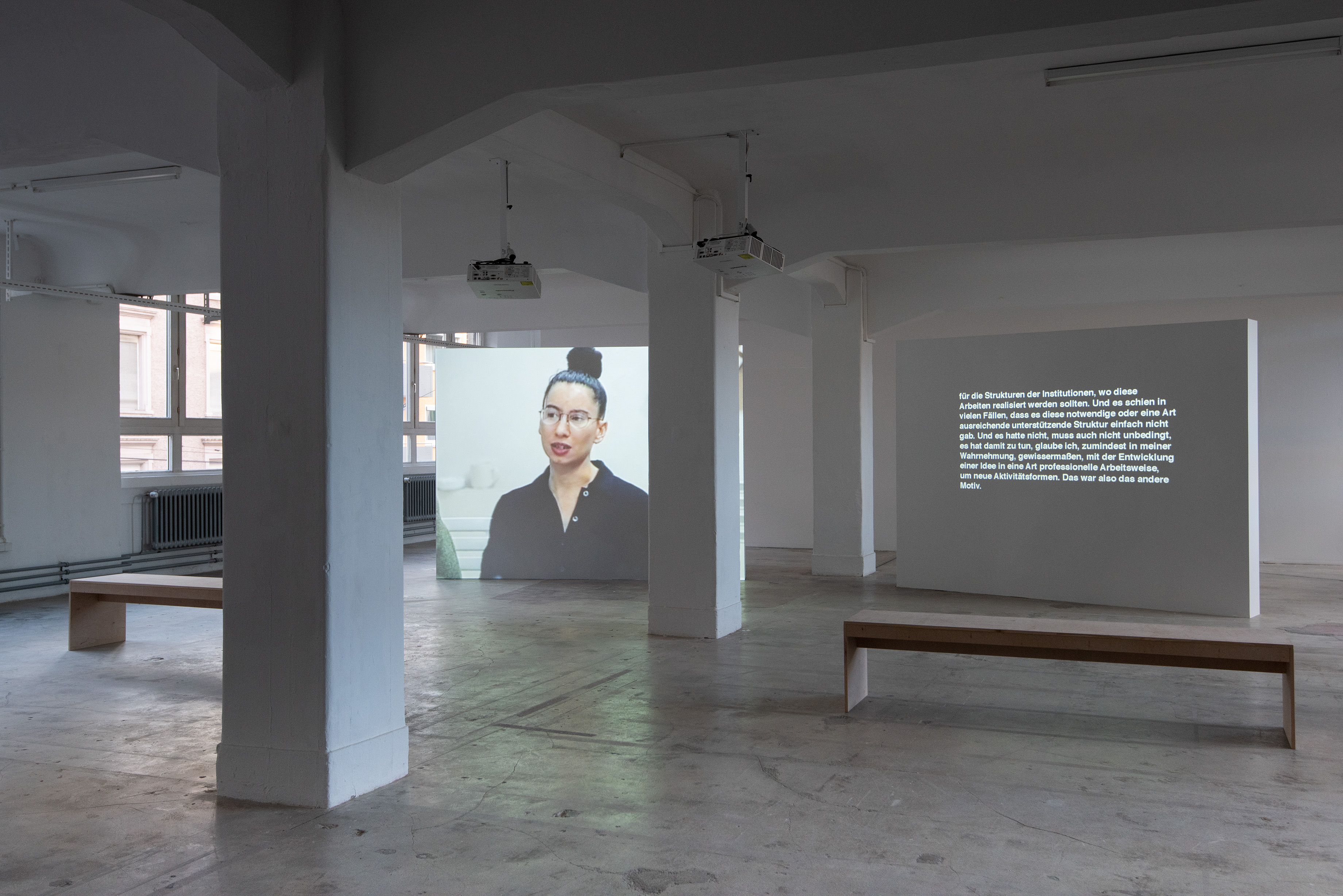
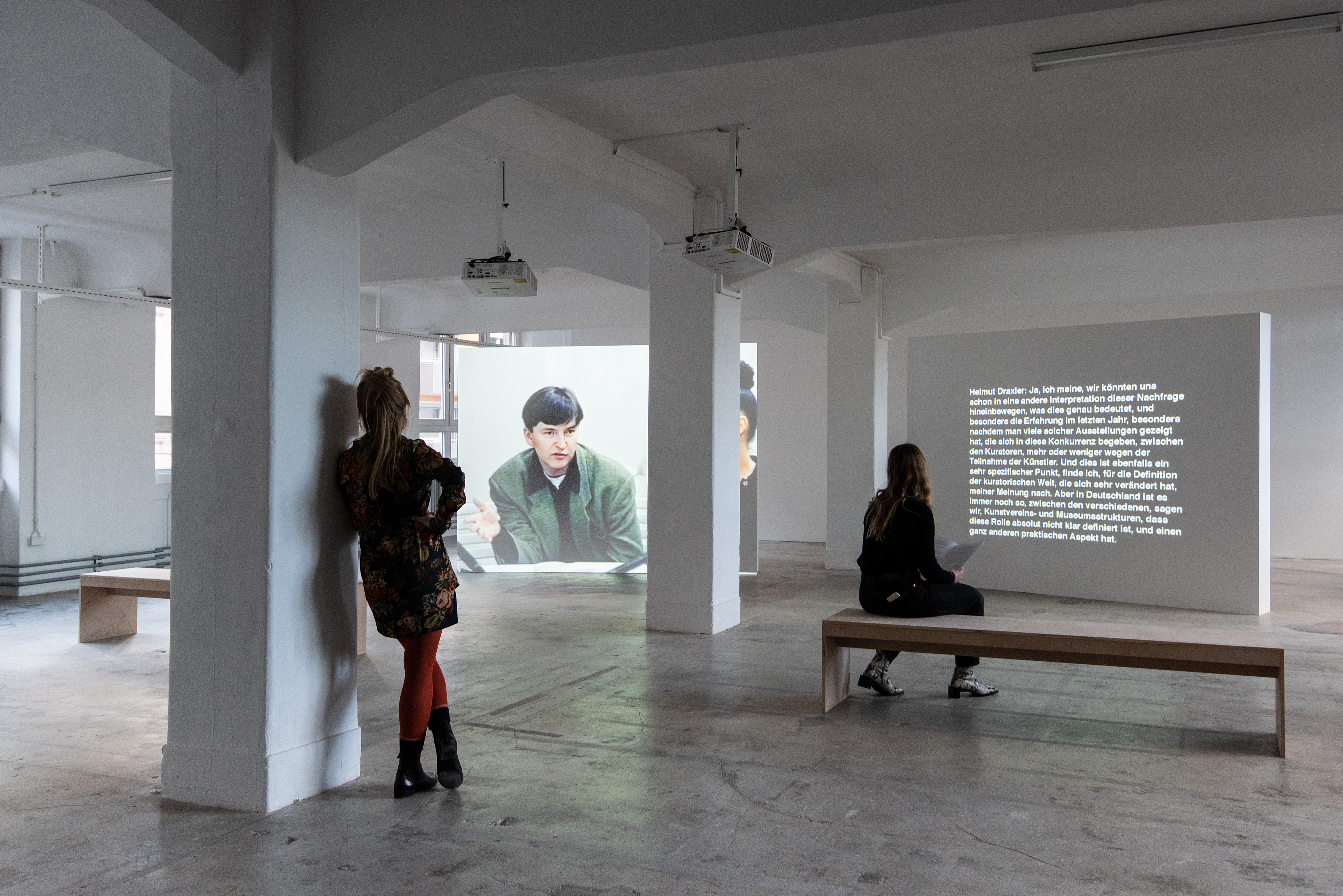
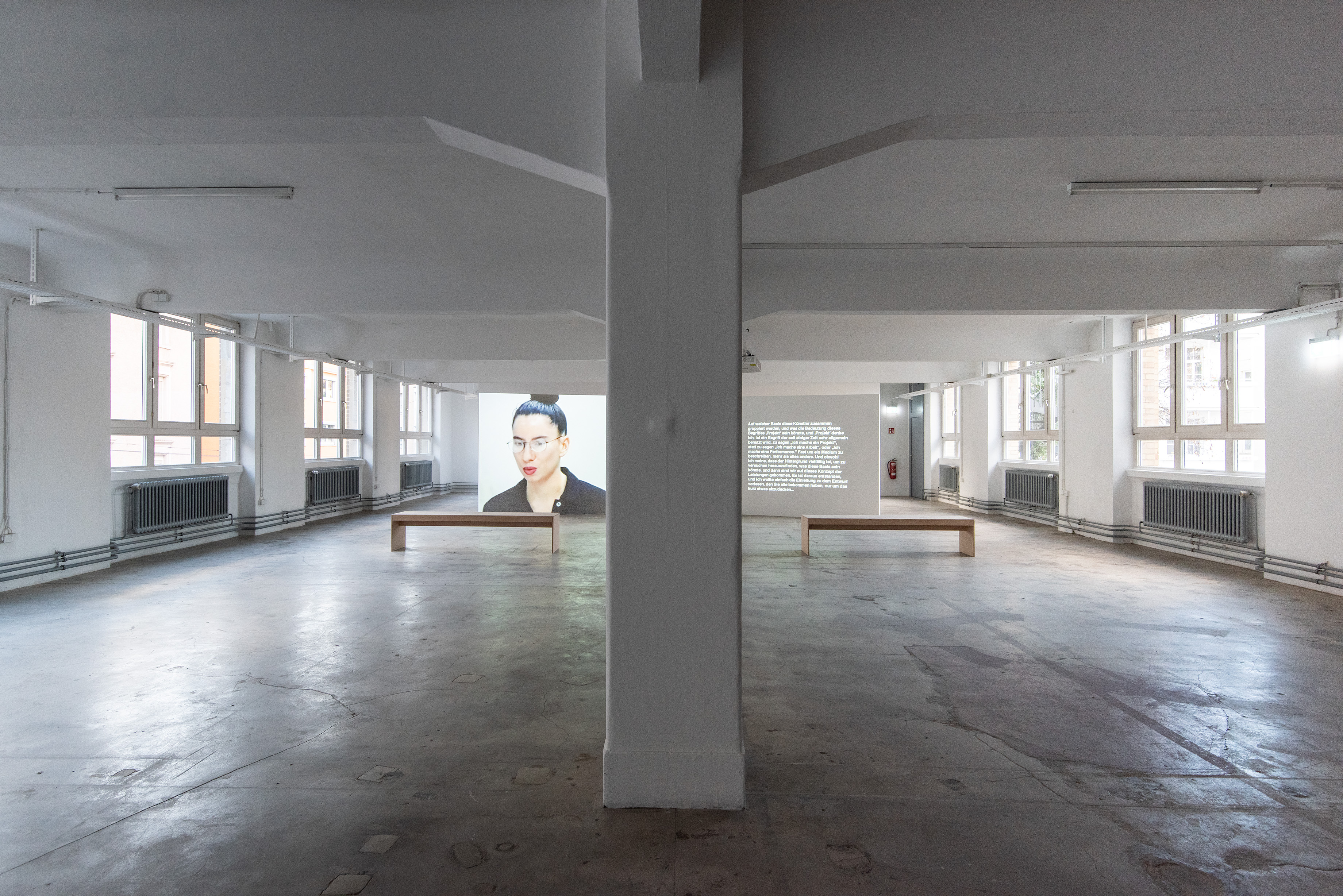
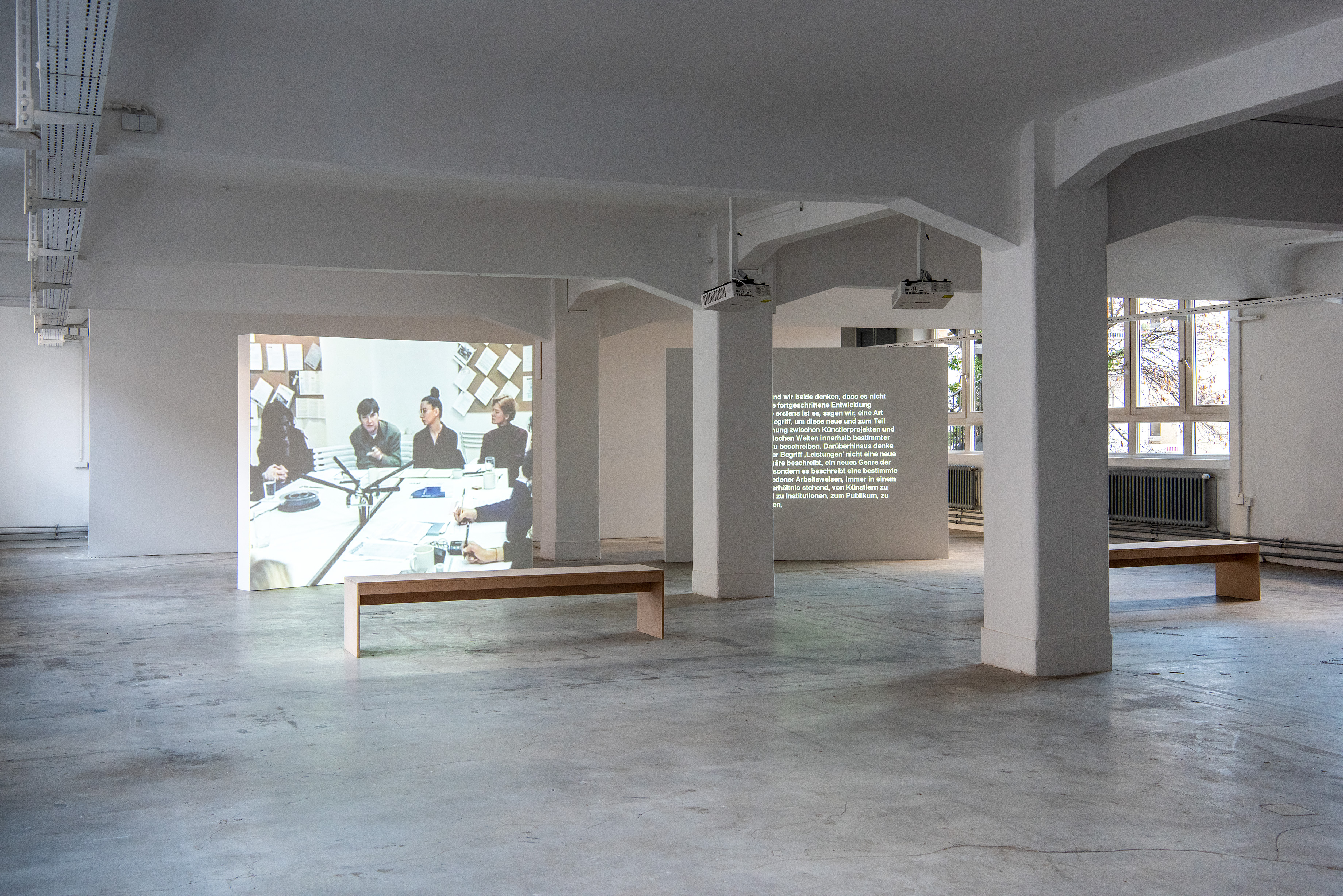
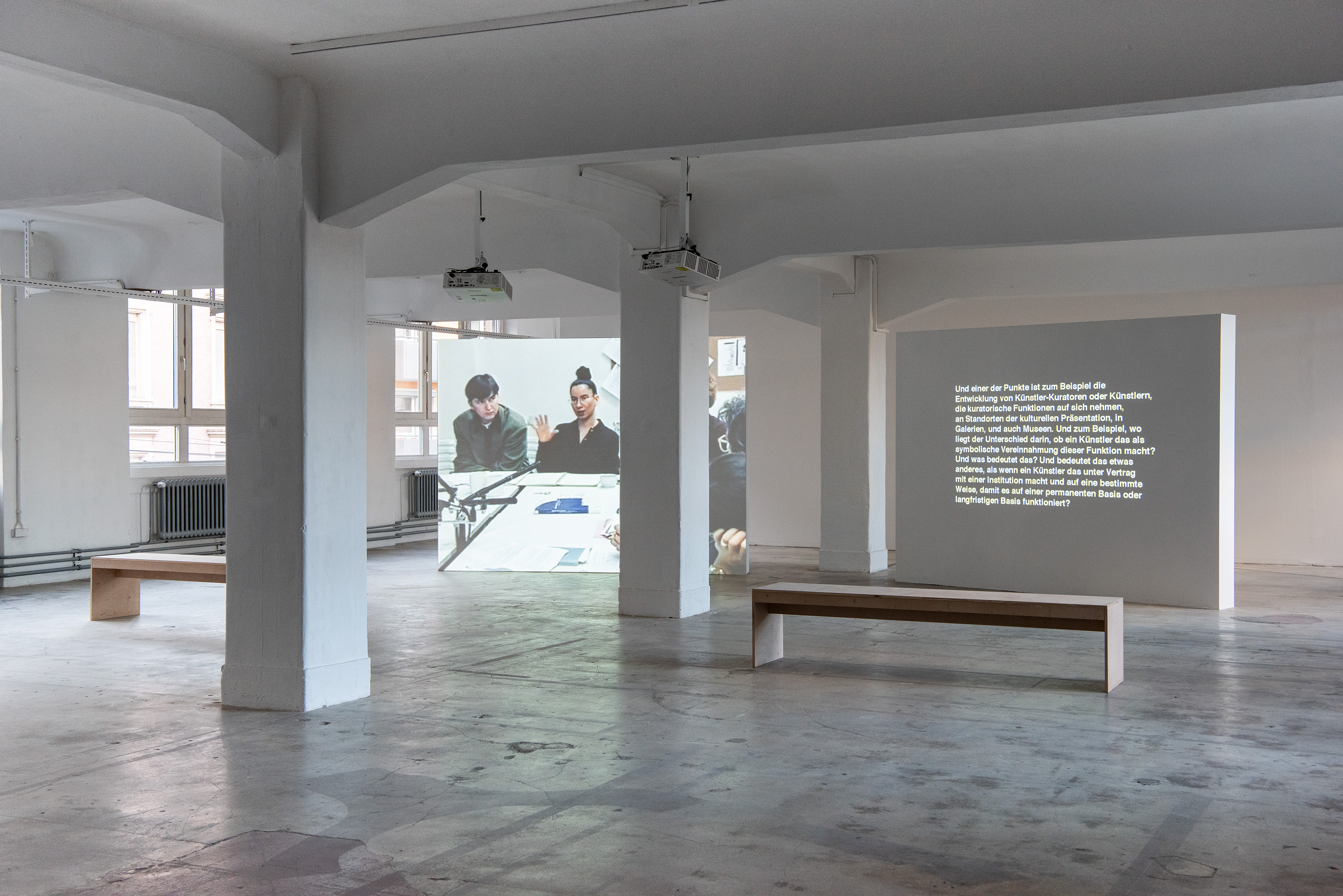
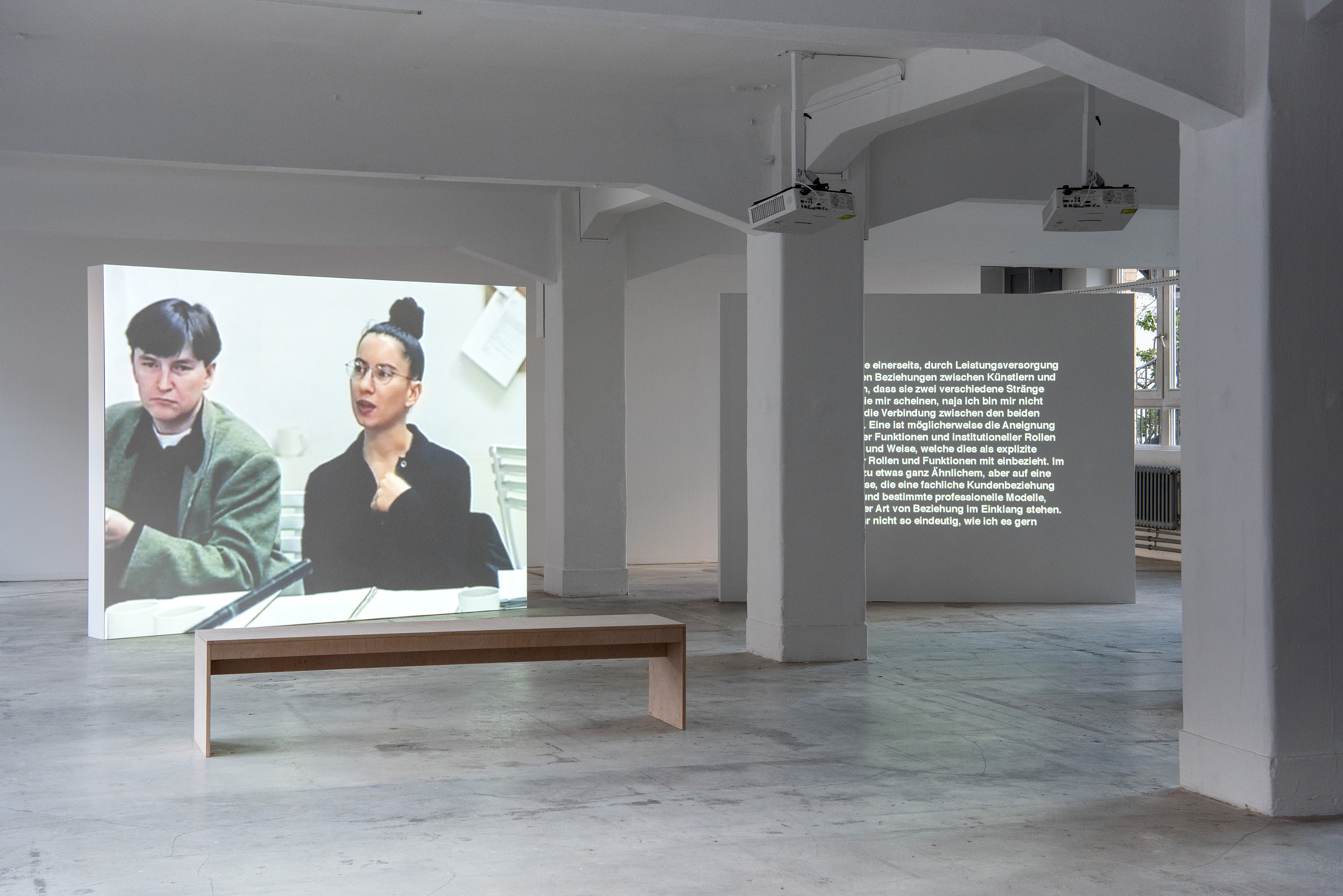



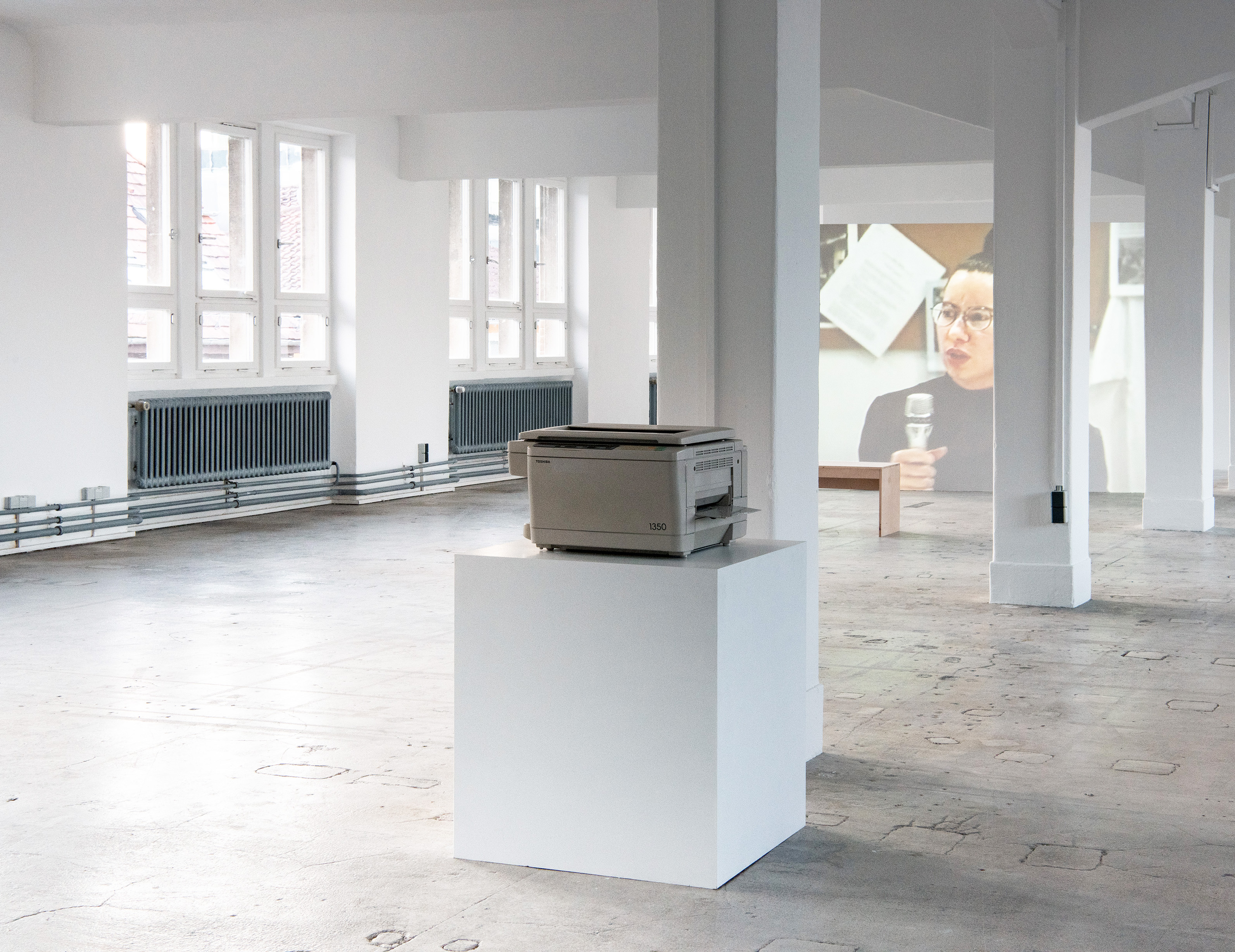
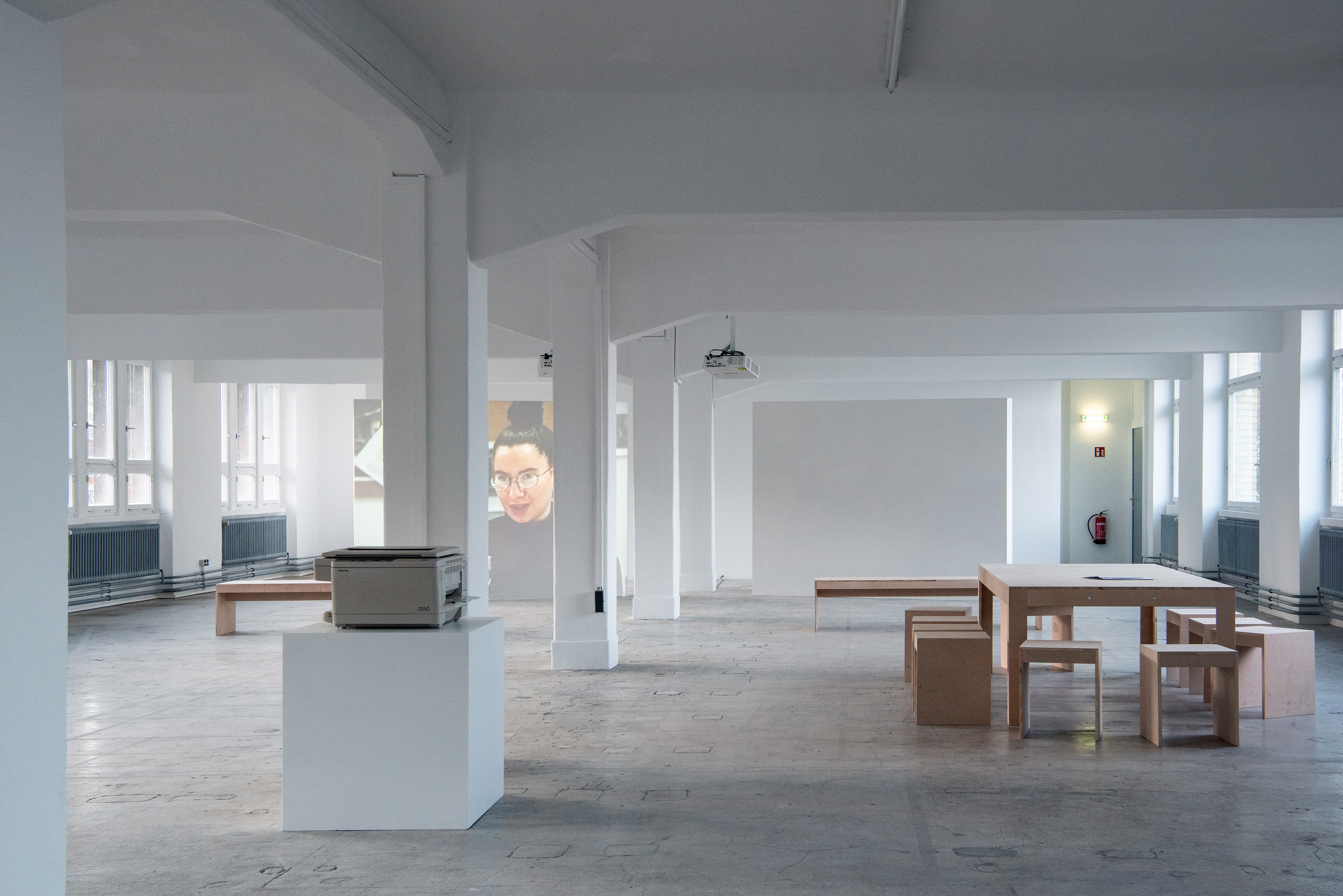
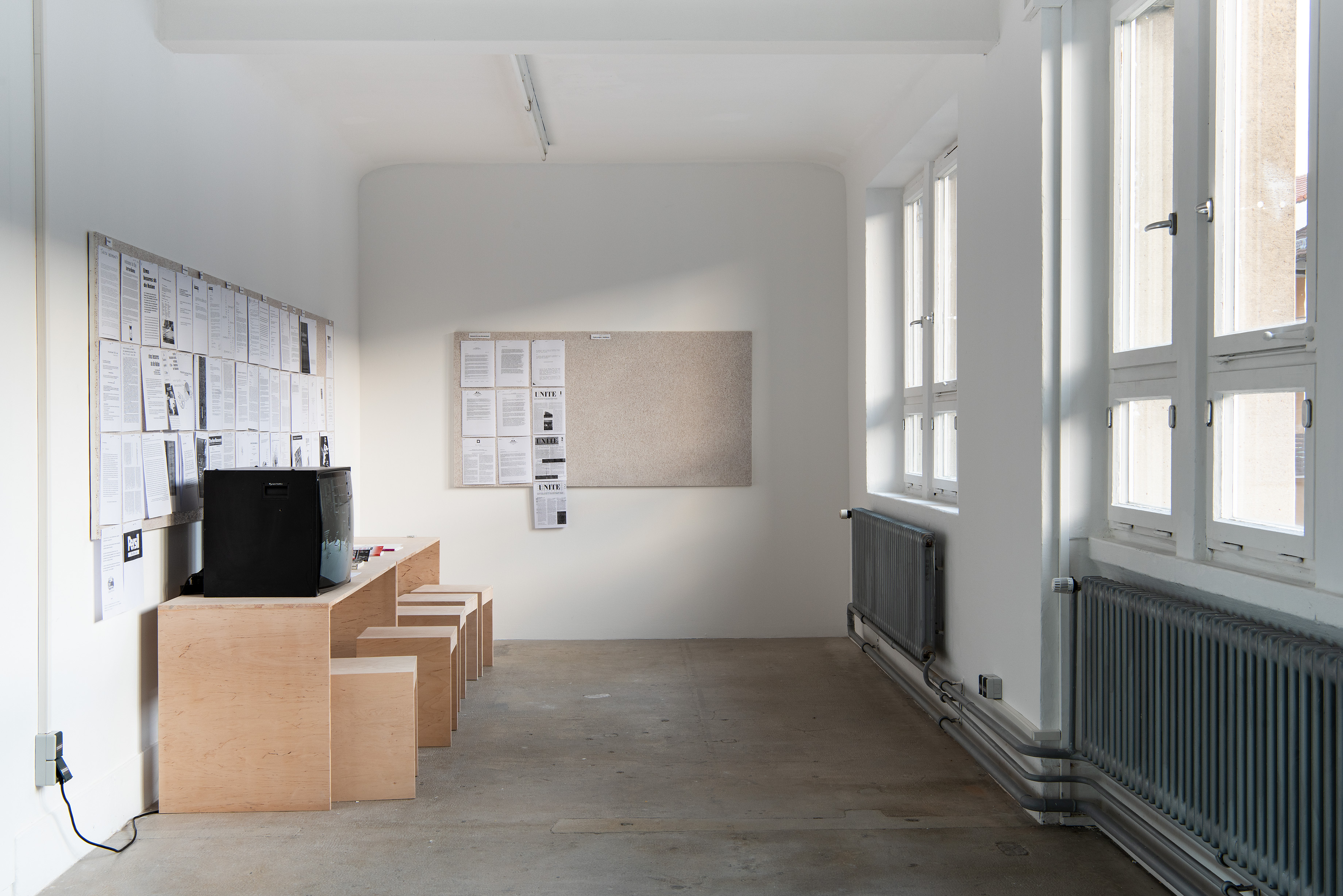
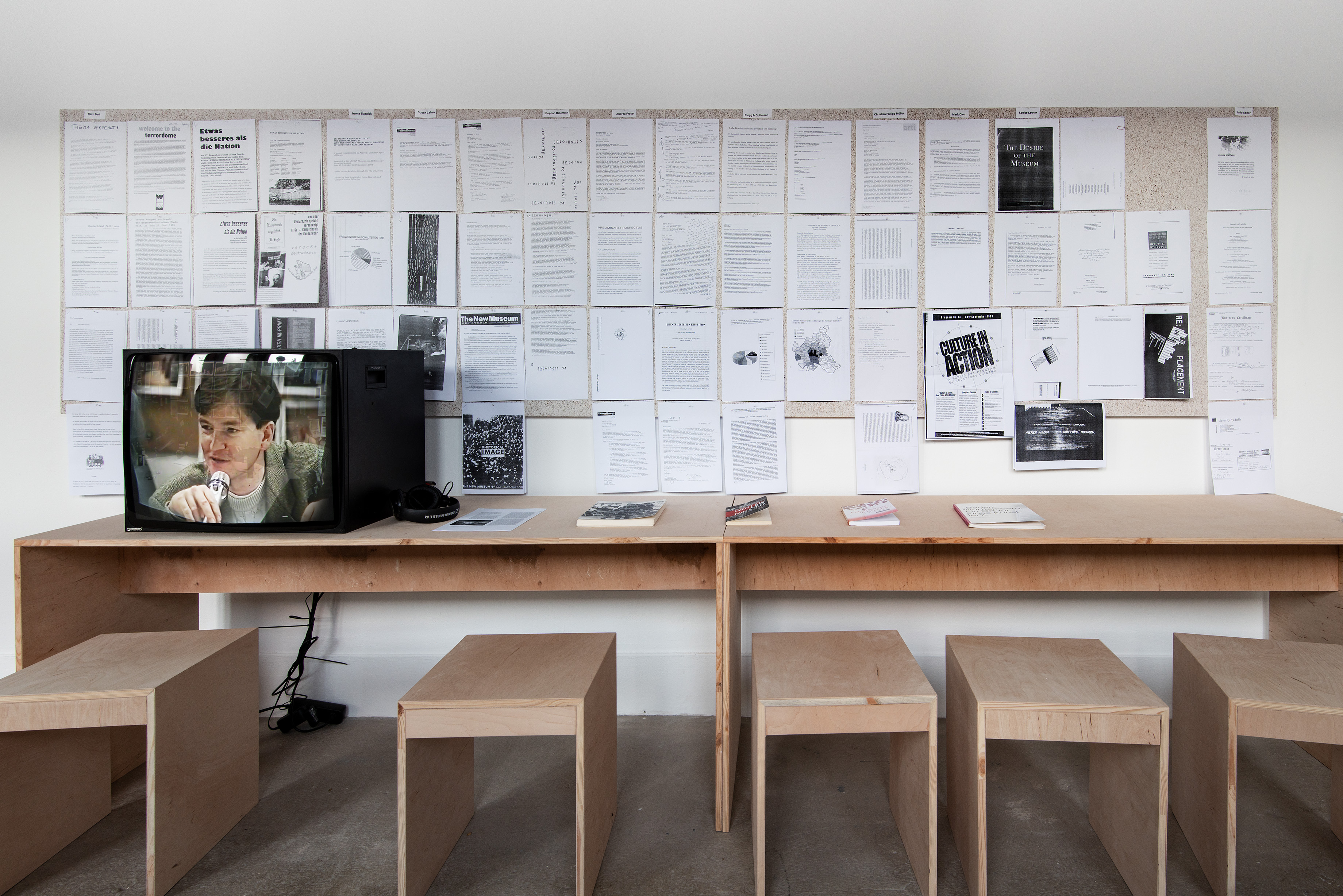
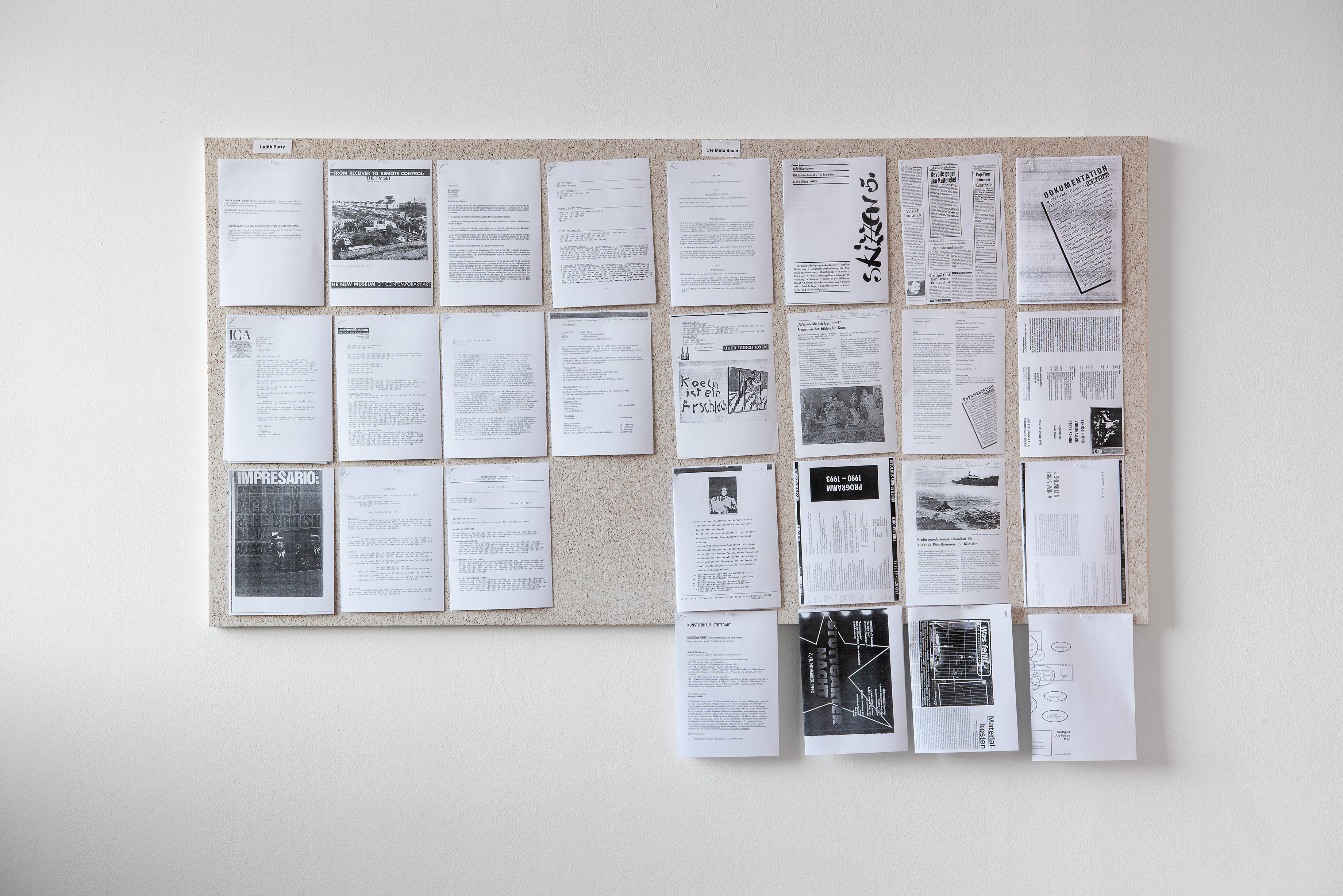
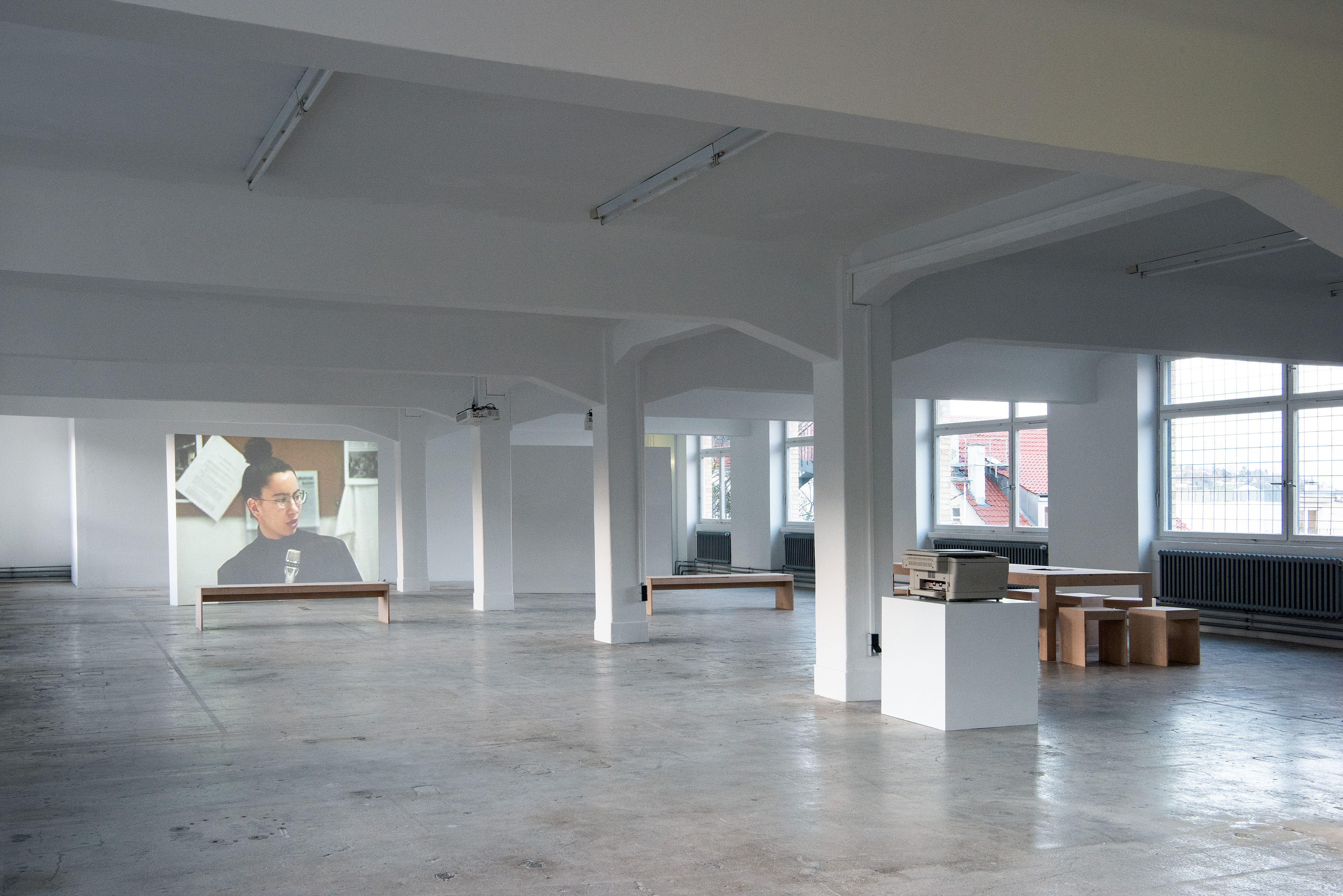
Eric Golo Stone has been appointed as the new artistic director of the Künstlerhaus Stuttgart. He will begin working in the position January 1, 2020. Stone will succeed Fatima Hellberg, whose tenure as artistic director concludes in December, 2019.
Stone’s writing and exhibitions emphasize legal mechanisms and socioeconomic conditions that constitute the production, distribution, and reception of art. From 2013 to 2017 he was a curator at LAXART, Los Angeles. In 2018, he organized the exhibition and program, Contractual Situations We Live By, at the Kunsthalle Bern. In addition to currently working on multiple book projects, he is organizing, US Code: Title 26, a forthcoming research initiative and exhibition at Artists Space, New York, which considers the consequential relationship between the art field, tax law, and systemic inequality in the United States. His essays have been published in Afterall, October, Texte zur Kunst, and Flash Art, among other publications. He is a recipient of the 2018 Creative Capital | Andy Warhol Foundation Arts Writers Grant for the book, Artist Contracts in the Political Economy, which examines how artists utilize contracts to intervene in the legal framings, transactional structures, property relations, debt obligations, and labor conditions that artistic production operates within.
Stone said in a statement, “The Künstlerhaus Stuttgart is a more than 40-year ongoing process of experimental institution-making. It has consistently been a space where ideas of institutional governance are questioned, enacted, and embodied as artistic interests. The artistic directorship at the Künstlerhaus has always been structured as a multi-year project, and those who have been elected to the position of artistic director often draw from their art practice backgrounds or maintain artistic criteria at the core of their work. It is this particular institutional identity that I believe makes the Künstlerhaus uniquely qualified to respond to the current structural problems that are so evident in the artworld. A young generation of practitioners today fully recognize how the art field globally has become indicative of, and attendant to, wide-spread socioeconomic inequality and exploitation. I feel it is imperative that art institutions give space for this awareness while considering the actual lived conditions and relations that circulate art as inextricably bound to the content-related symbolic, sensorial, and affective systems of artworks themselves. I look forward to building on the history of the Künstlerhaus as an institution where the organizing of policies can be realized as deliberate and substantive, restless and unruly, artistic experimentation.”
The team, the advisory board and the board of the Künstlerhaus are looking forward to their future collaboration with Eric Golo Stone.
Dr. Hannelore Paflik-Huber, 1st chair of the board
For more information please contact Romy Range (rr@kuenstlerhaus.de)
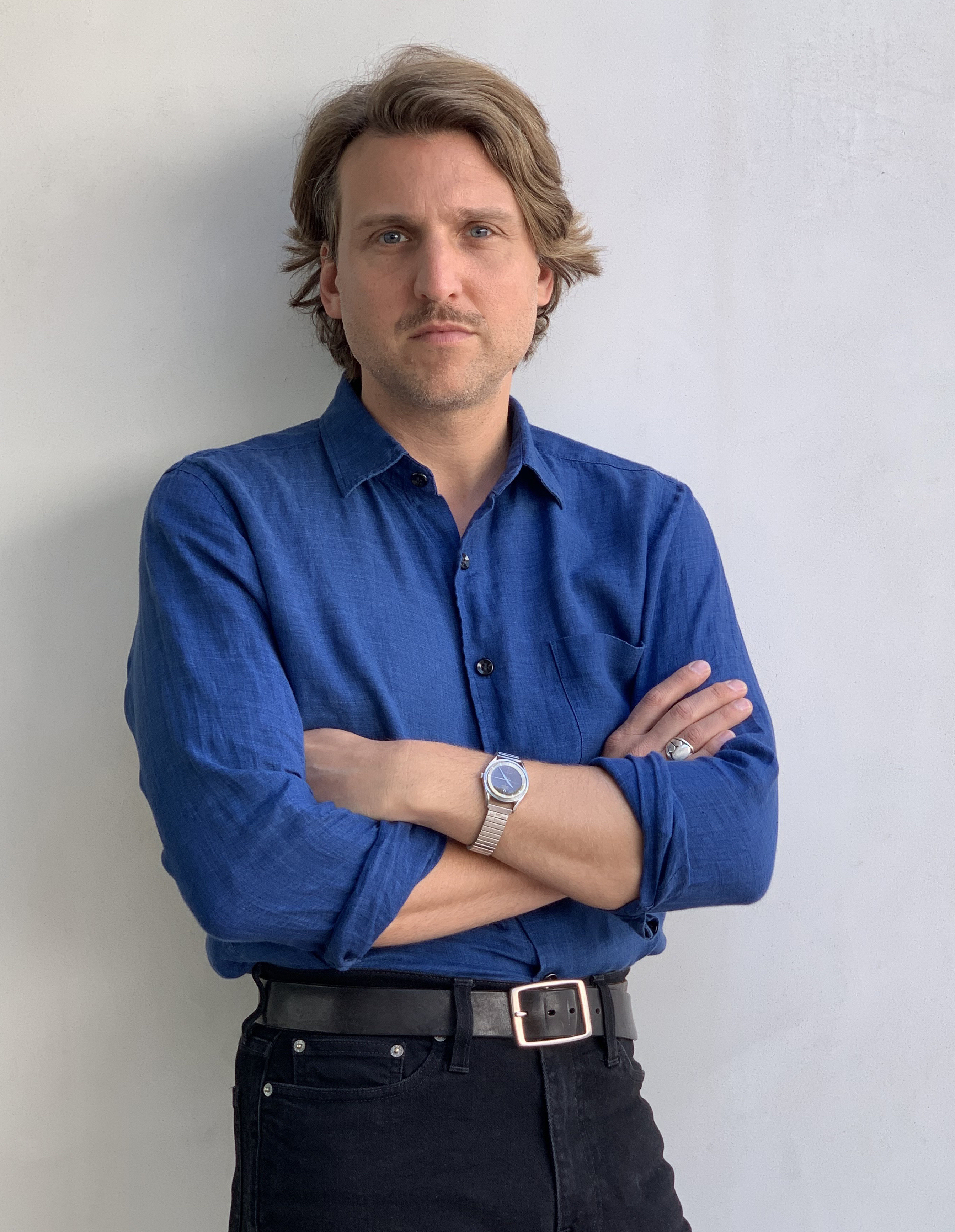
07:00pm–10:00pm
Mike Kelley’s absurdist masterpiece, Day Is Done, is a fractured feature-length musical, featuring vampires, goths, hillbillies, mimes and demons. The video comprises parts #2 through #32 of Kelley’s multi-faceted project Extracurricular Activity Projective Reconstructions, in which trauma, abuse and repressed memory are refracted through personal and mass-cultural experience. In creating the work, Kelley collected hundreds of high school yearbook photographs of ‘extracurricular activities’, specifically those that represent what Kelley has termed as ‘socially accepted rituals of deviance’. He arranged the images into various categories, including religious performances, thugs, dance, hick and hillbilly, Halloween and goth, satanic, mimes, and equestrian events. Each of the 31 video chapters of the film is based on one of these categories, and consists of a performance or time-based recreation of the activities recorded in the photographs, all set at an undefined institutional building and gymnasium referred to as the ‘Educational Complex’. The result is an intentionally disjointed narrative that speaks to the cult of cultural and institutional rituals, the complex vulnerability of adolescence, and the related adult experience of potentially traumatic buried memories.
Day Is Done exemplifies Kelley’s fascination with what he called the ‘American Carnivalesque’, an ambivalent category oscillating between humour, eroticism, darkness, and alienation. Day Is Done treats its subjects with an approach that is not only dutifully anthropological – identifying and cataloging behaviors and types – but is also radically reconstructive, adding layers of perversity, violence, and surrealism to socially accepted rituals and folk entertainment.
A screening at Künstlerhaus Kino accompanying Ghislaine Leung’s exhibition CONSTITUTION.

The Künstlerhaus Stuttgart e.V. is a special institution with a special history. As the first chairwoman of the association and an art historian, Hannelore Paflik-Huber has edited a publicationto mark its fortieth anniversary.
The Künstlerhaus was founded in 1978 by a group of Stuttgart artists and has since developed into a nationally and internationally renowned institution for contemporary art.
The history of its curation over the last four decades is told through interviews with the artistic directors.
Two texts recount the Künstlerhaus’ history: one deals with the period from 1974 to its foundation in 1978, and the other with the building’s initial construction as a luggage factory by its two Jewish owners.
Over seventy leading artistic and political figures and artists associated with the Künstlerhaus explain the special significance of this institution, while the stars of the workshops and studios tell the story of these other two important pillars of the establishment.
The list of authors: Marius Babias, Rudolf Bumiller, Gerd Dieterich, Hildegarde Duane, Jesko Fezer, Liam Gillick, Dietrich Heißenbüttel, Fatima Hellberg, Hans Dieter Huber, MATHESON WHITELEY & Simon Jones, Hans Ulrich Obrist, Hannelore Paflik-Huber, Romy Range, Rachel Reupke, Anna Romanenko, Joachim E. Schielke, Ruby Sircar, Wolfgang Stübler, Wendelien van Oldenborgh, Heidemarie von Wedel, Georg Winter, Didem Yazıcı, and Philipp Ziegler.
The interviews featured are between Ulrich Bernhardt and Jean-Baptiste Joly; Veit Görner, Rudolf Bumiller, and Markus Brüderlin; Ute Meta Bauer and Maria Lind; Nicolaus Schafhausen and Vanessa Joan Müller; Fareed Armaly and Constanze Ruhm; Elke aus dem Moore and Alice Cantaluppi; Axel Wieder and Anja Casser; Misal Adnan Yıldız and Hito Steyerl; and Fatima Hellberg and Sabeth Buchmann.
The cover was designed by British artist Liam Gillick, and the book design is by Ronald Kolb.
This important reference work on this art institution was published by av edition and is available from them or from the Künstlerhaus Stuttgartdirectly. It can be ordered by emailing sales@avedition.de or info@kuenstlerhaus.de
German
664 pages, softcover
450images
20 x 26 cm
ISBN 978-3-89986-287-4
€ 49 [D]



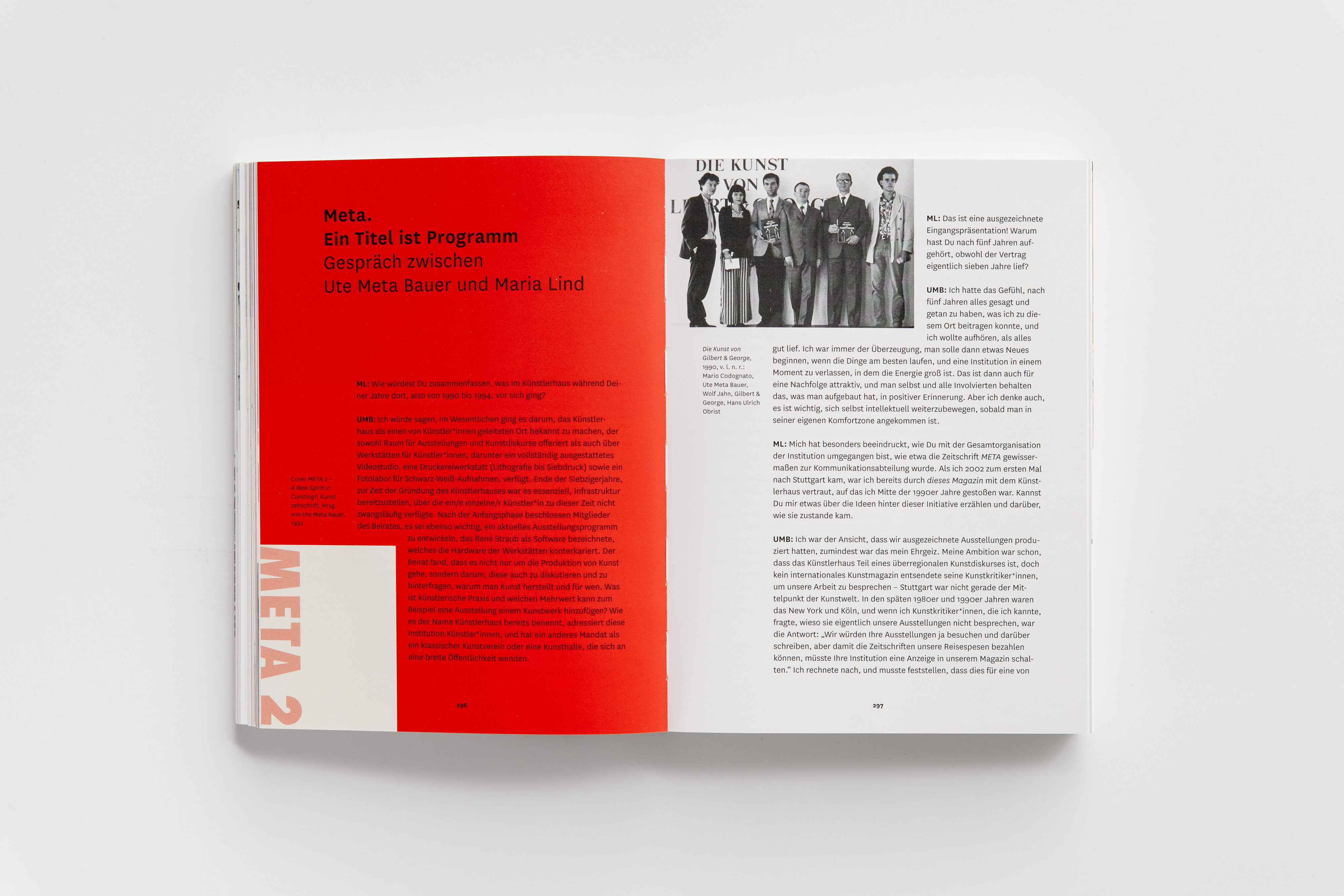


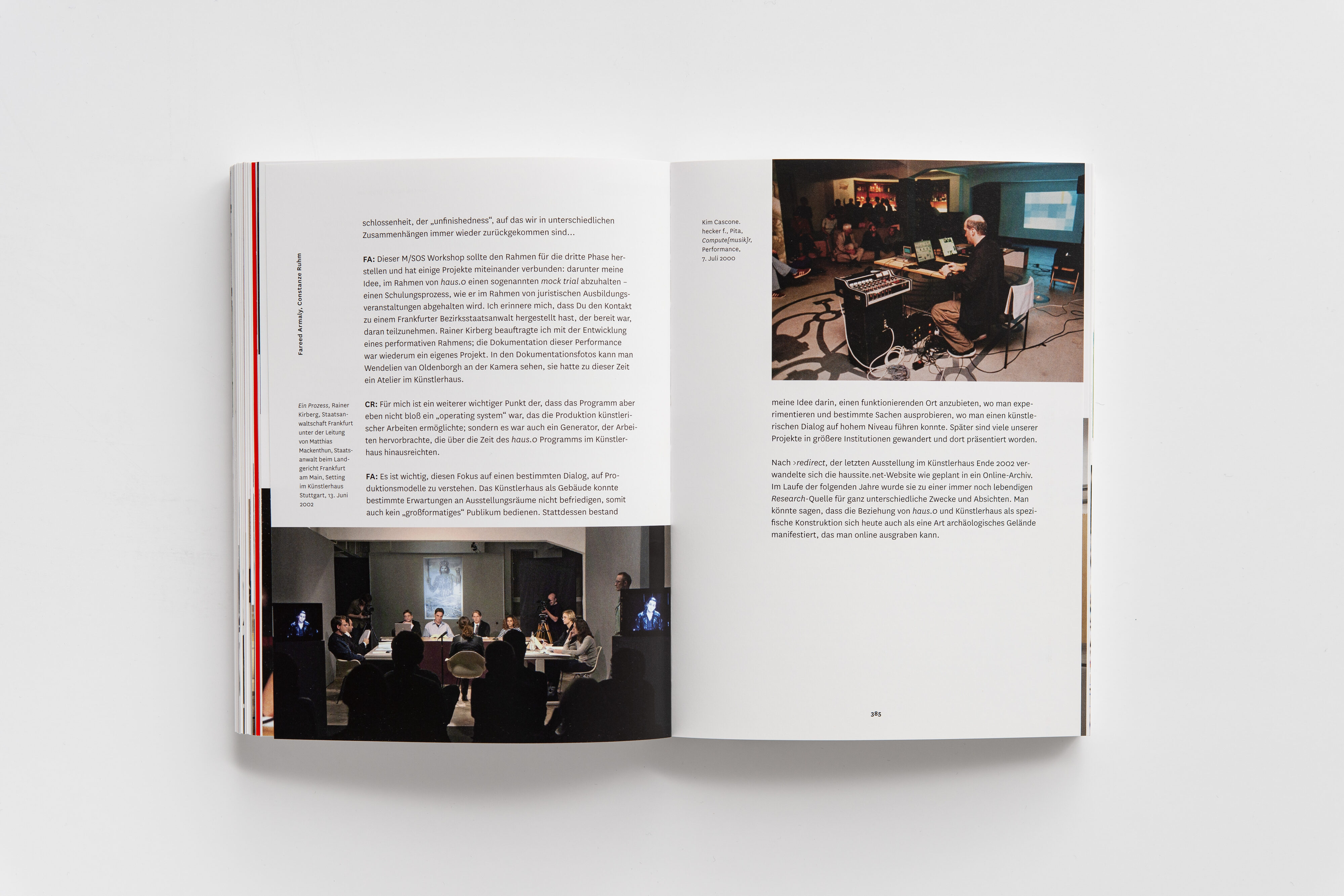

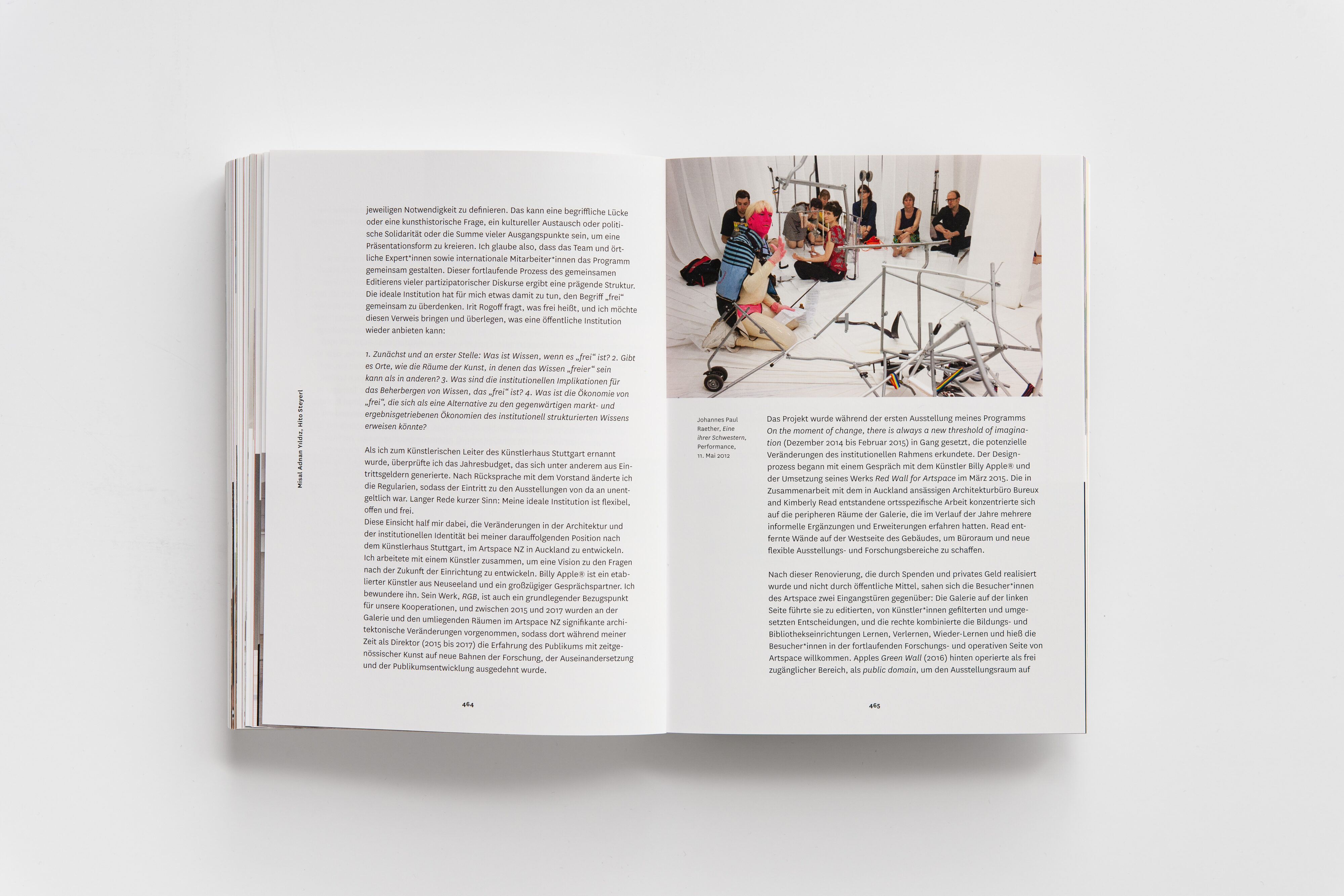
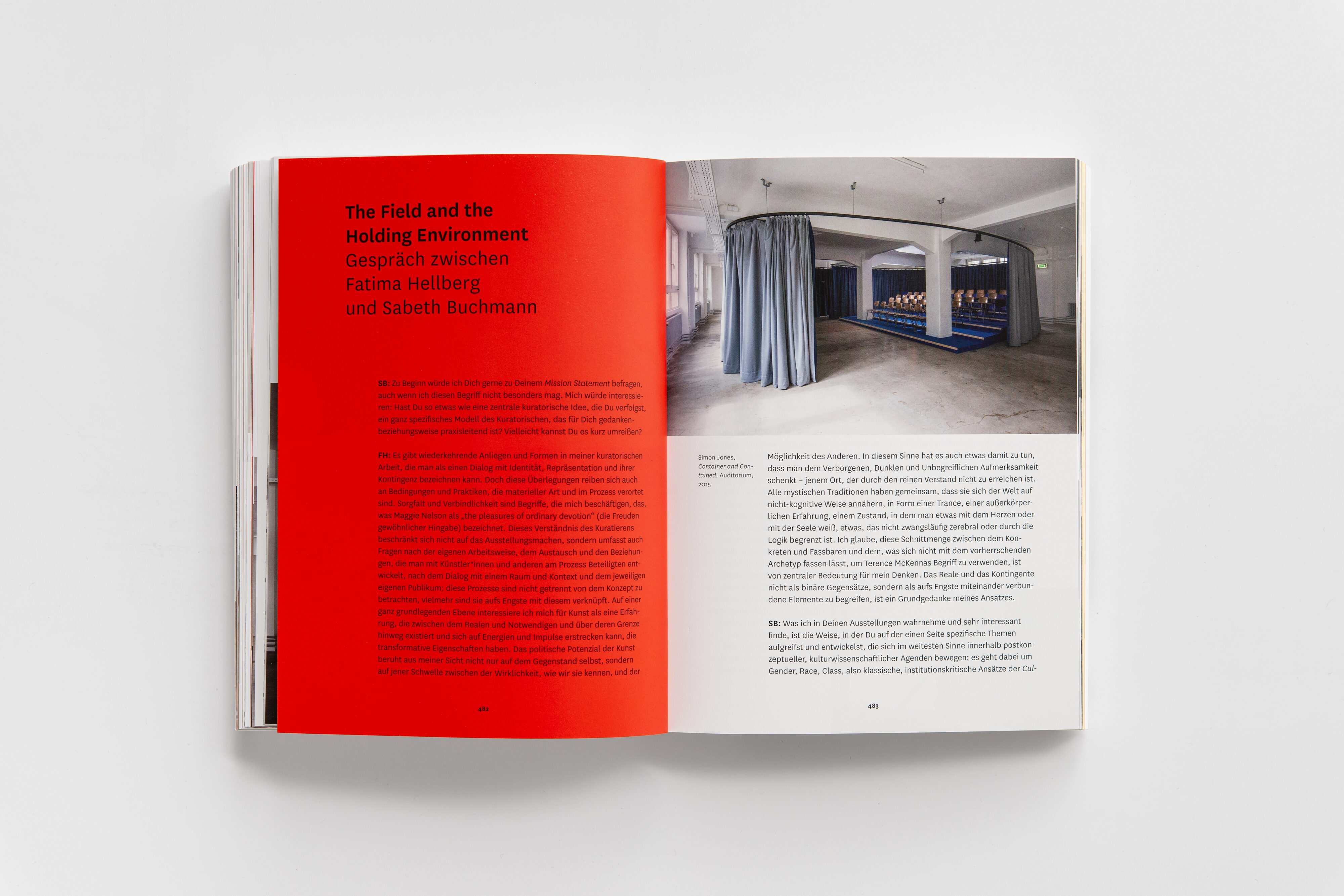
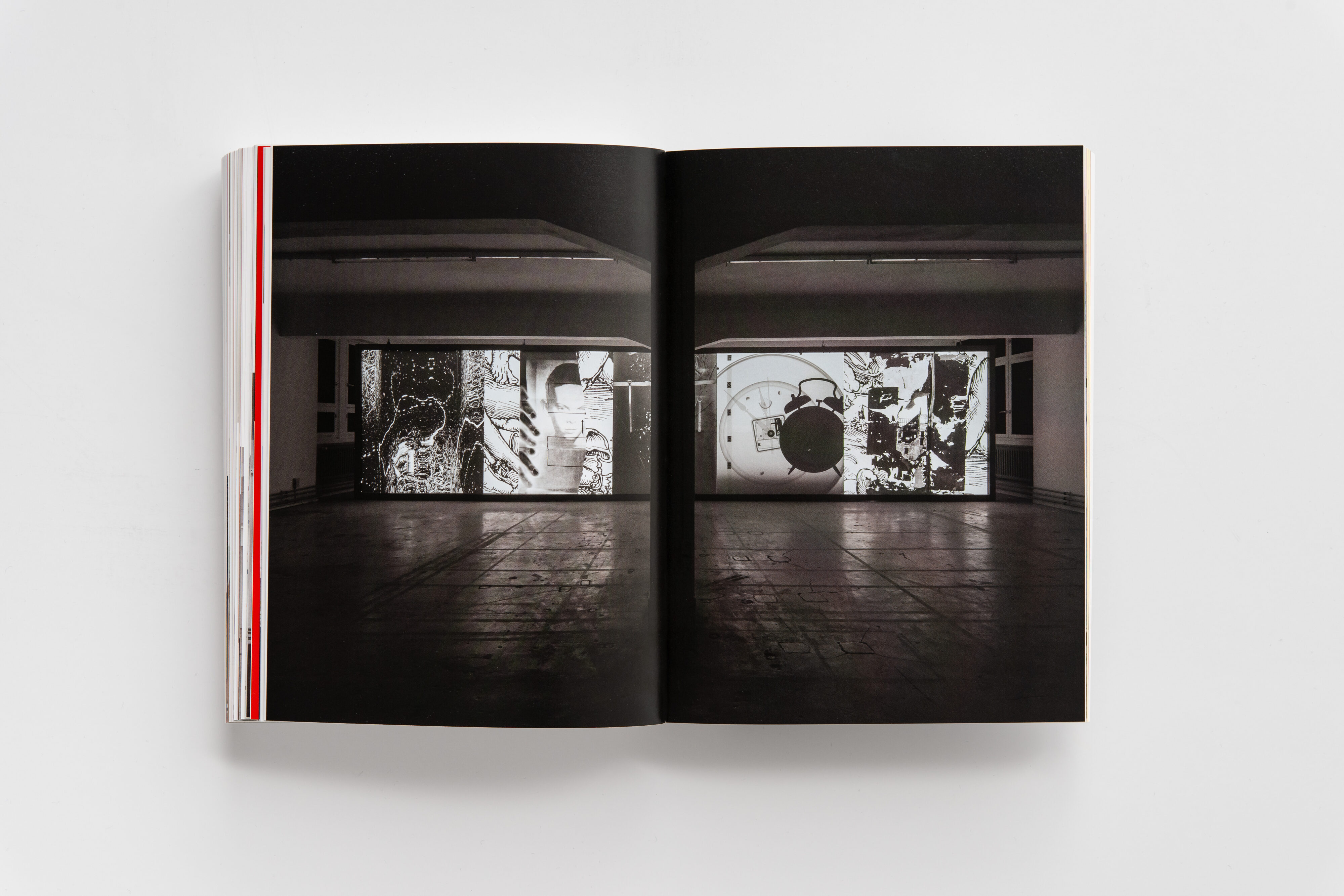
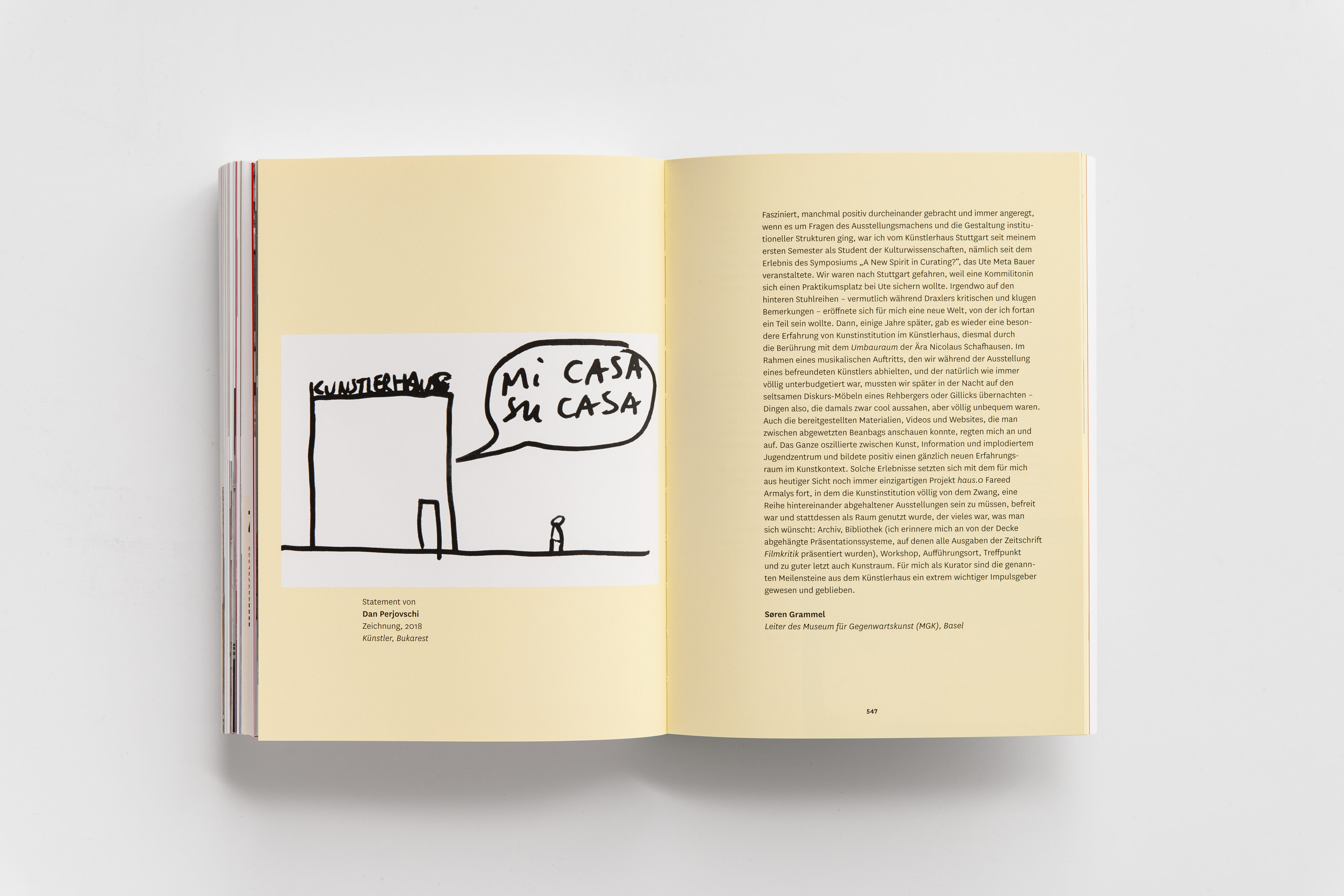
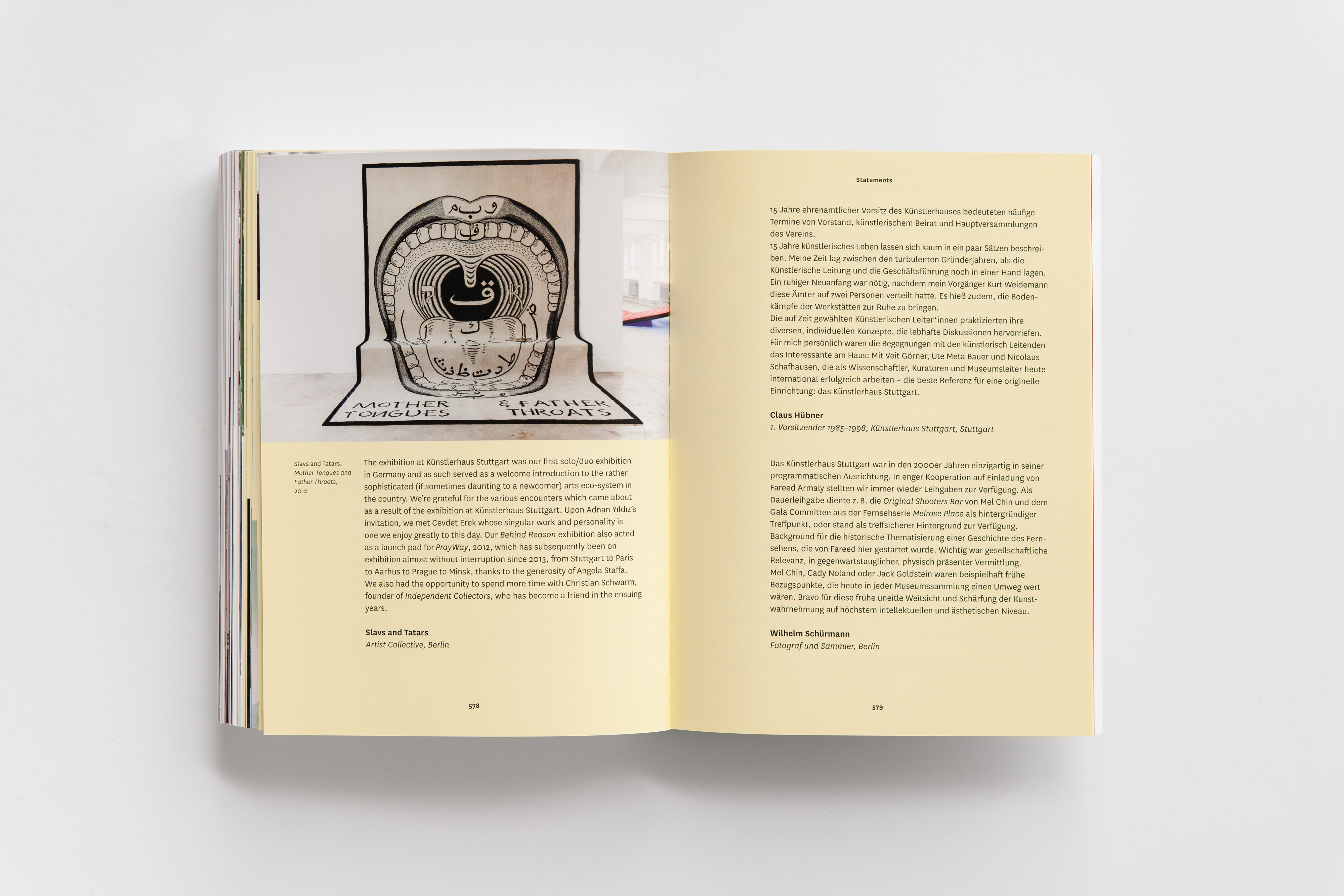
Through a small door sat recessed within a heavy-set wall, white gloss painted walls hang and fold down into a space punctuated by several black gloss coated doors. Tonal sound fills the space in pockets and holes that shift and move. Directly opposite is a single prefabricated white metal panel filled with polyurethane and secured with bolts via white powder-coated metal brackets to the concrete floor. Fixed frontally to this is a small white powder-coated, wall-mounted heater powered by a single small, dark grey and lime green box with digital display also powering a small ceramic pink, white and green house-shaped object containing a light bulb. Mounted to the right are two tall long black speakers, a bit too close together, from which emit the aforementioned sounds. At a distance and facing these, are three more prefabricated white metal panels filled with polyurethane and secured with bolts via white powder-coated metal brackets to the concrete floor. Each panel contains one single plug power supply that runs, with white coated electrical cable, to multiple adapters set into white surface-mounted wall sockets. Two of these panels have small black plastic moulded lanterns attached to them, the white coated cables for which run to the plug points of another. Running behind and parallel to these, a row of forty ceramic objects with black text printed on them are wrapped in pairs in an abundance of red heart and clear cellophane with a combination of oversized pull bows and light pink and red curled ribbon that sits, entrail-like, at the base of each object. Set back against this line, are a further two larger prefabricated white metal panels filled with polyurethane and secured with bolts via white powder-coated metal brackets into the concrete floor. Both panels contain small fixed double-glazed windows with vents and double plug power supplies that each run with white coated electrical cable to single adapters set into white surface-mounted wall sockets. On the back of one panel, mounted low and close, is a large monitor screen running a video file from a small concealed media player, the cables of which are held together with a combination of cable ties and an unlocked heart-shaped padlock. To power this equipment, a long white lead folds around to reach the power source of the second panel. The sockets of the first panel remain unused and covered. Also featured, hung low on the white gloss walls are 272 close-cropped images taken over the years 2017, 2018, 2019 inclusive.
CONSTITUTION was commissioned and produced by Chisenhale Gallery, London, (25 January – 24 March, 2019) with production support by EMPAC, The Curtis R. Priem Experimental Media and Performing Arts Center at Rensselaer Polytechnic Institute through their artist in residence programme. Additional and context-contingent elements have been produced for Künstlerhaus Stuttgart.
Realised with the generous support of Fürstenberg Zeitgenössisch, Donaueschingen and ESSEX STREET, New York.
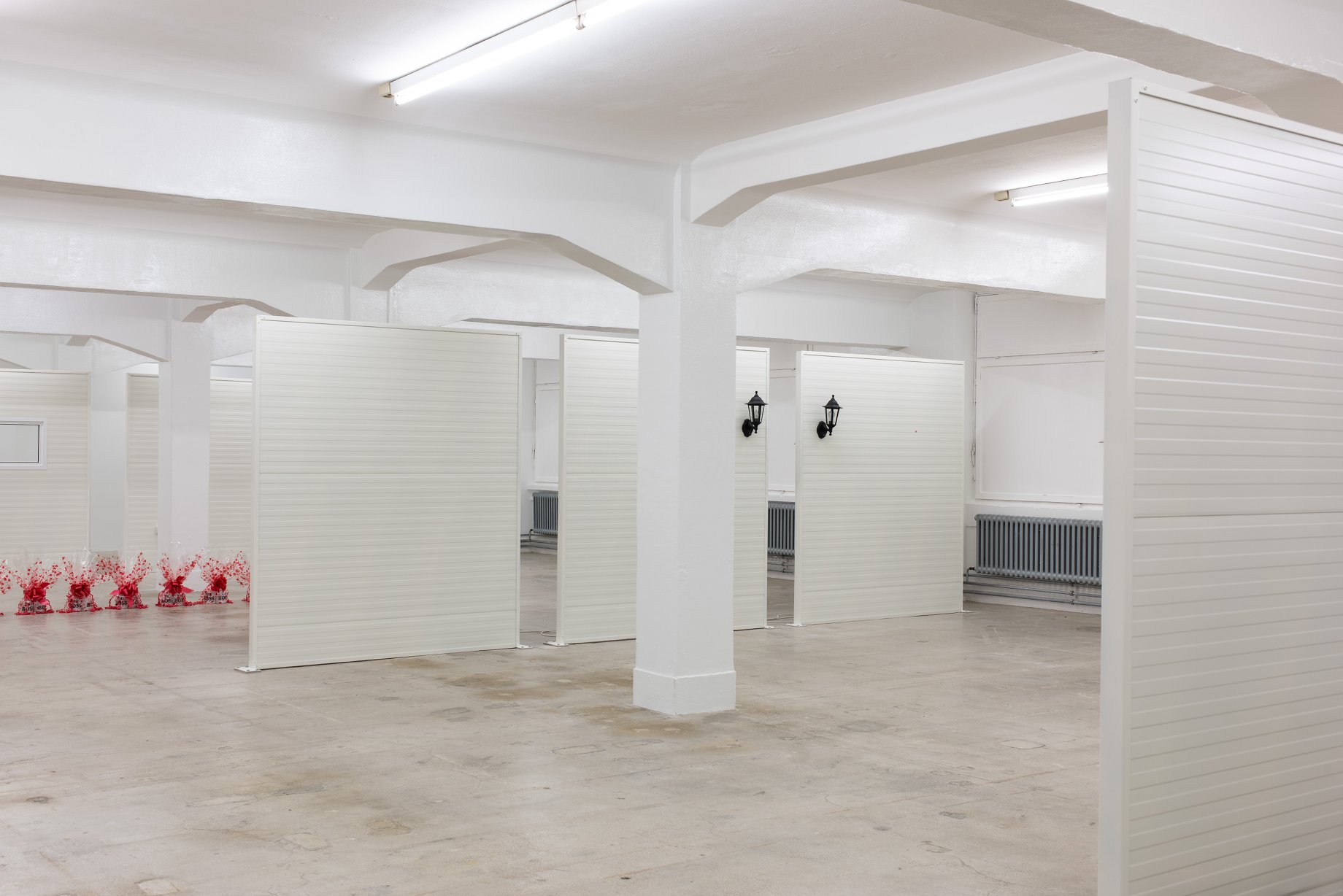
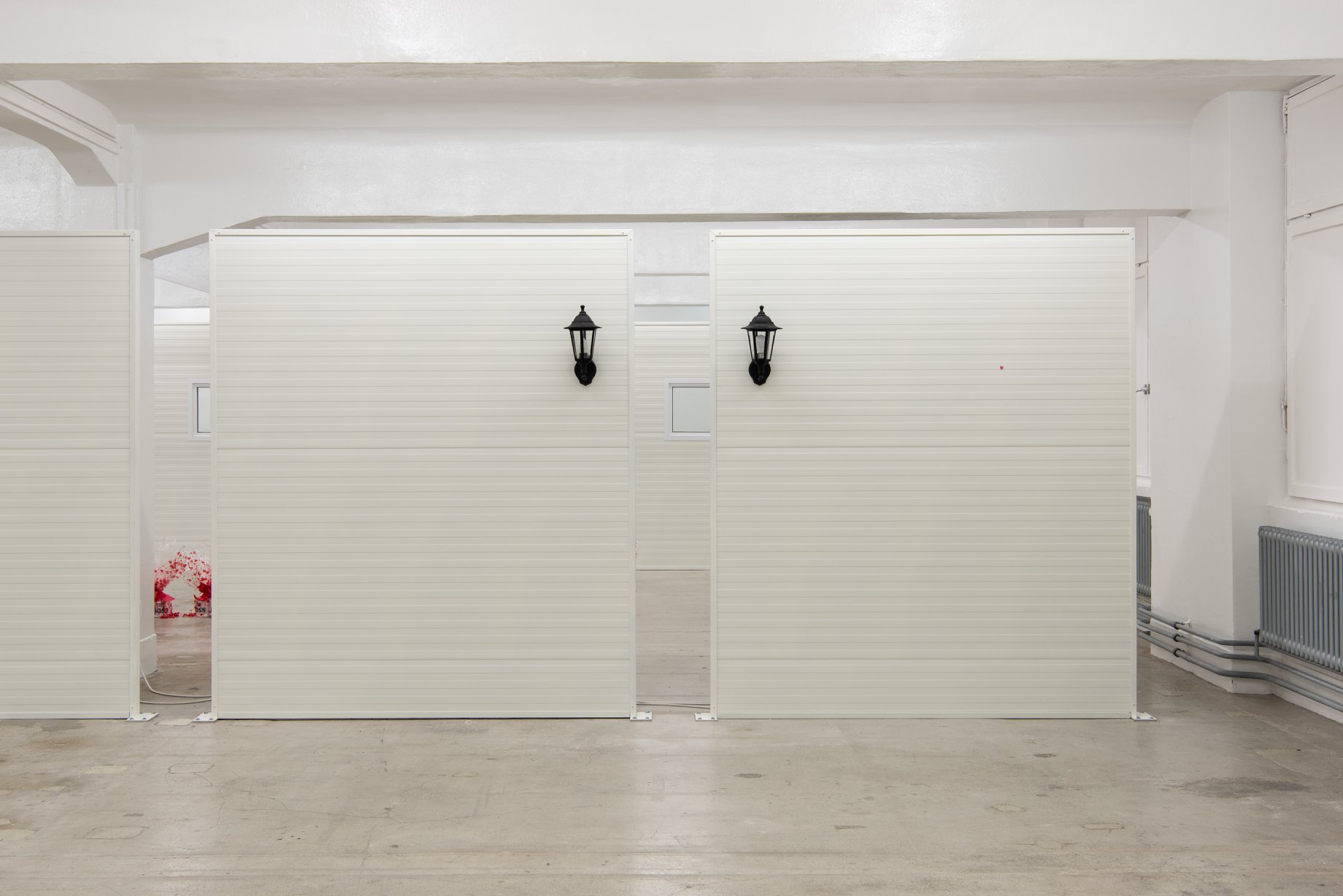


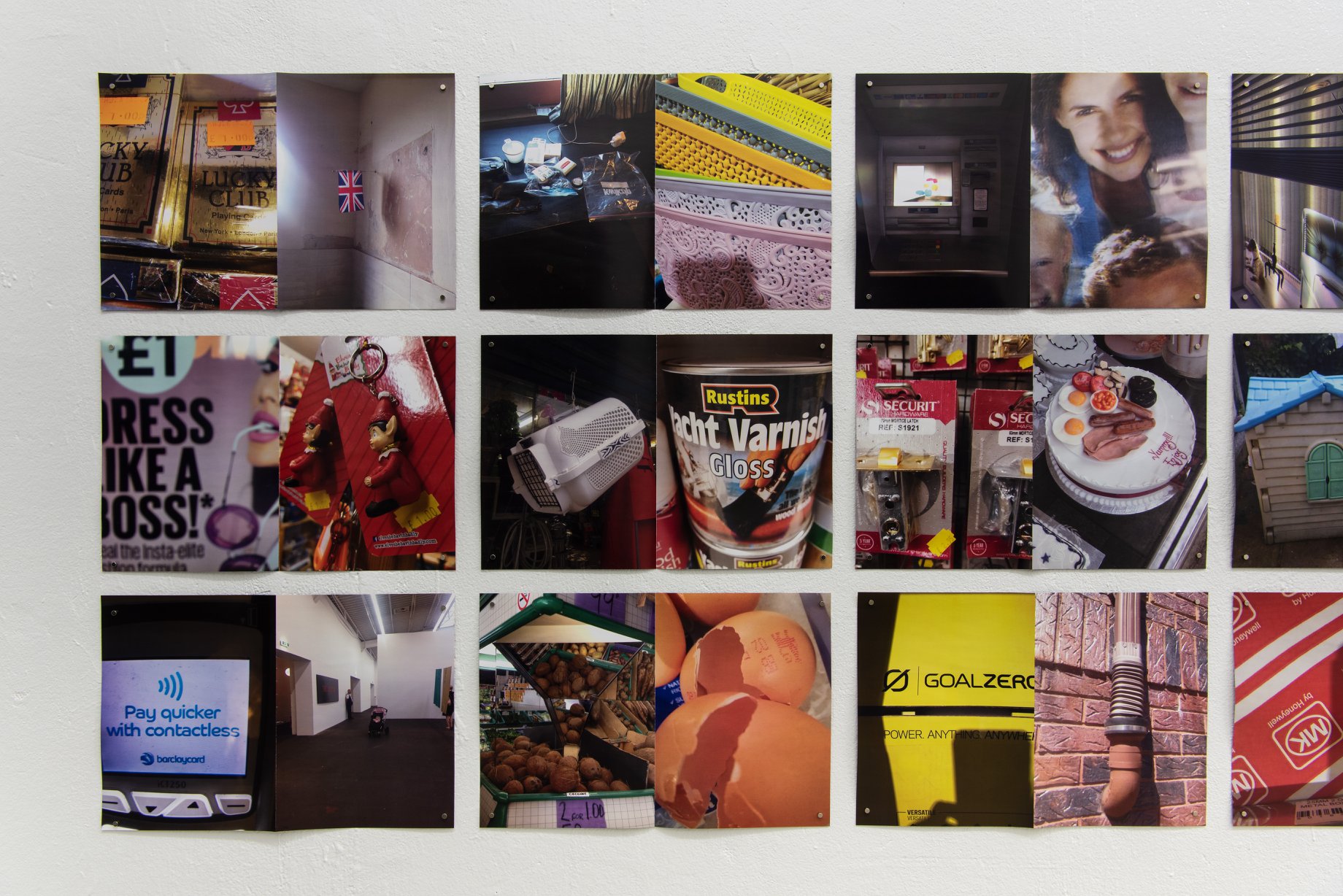
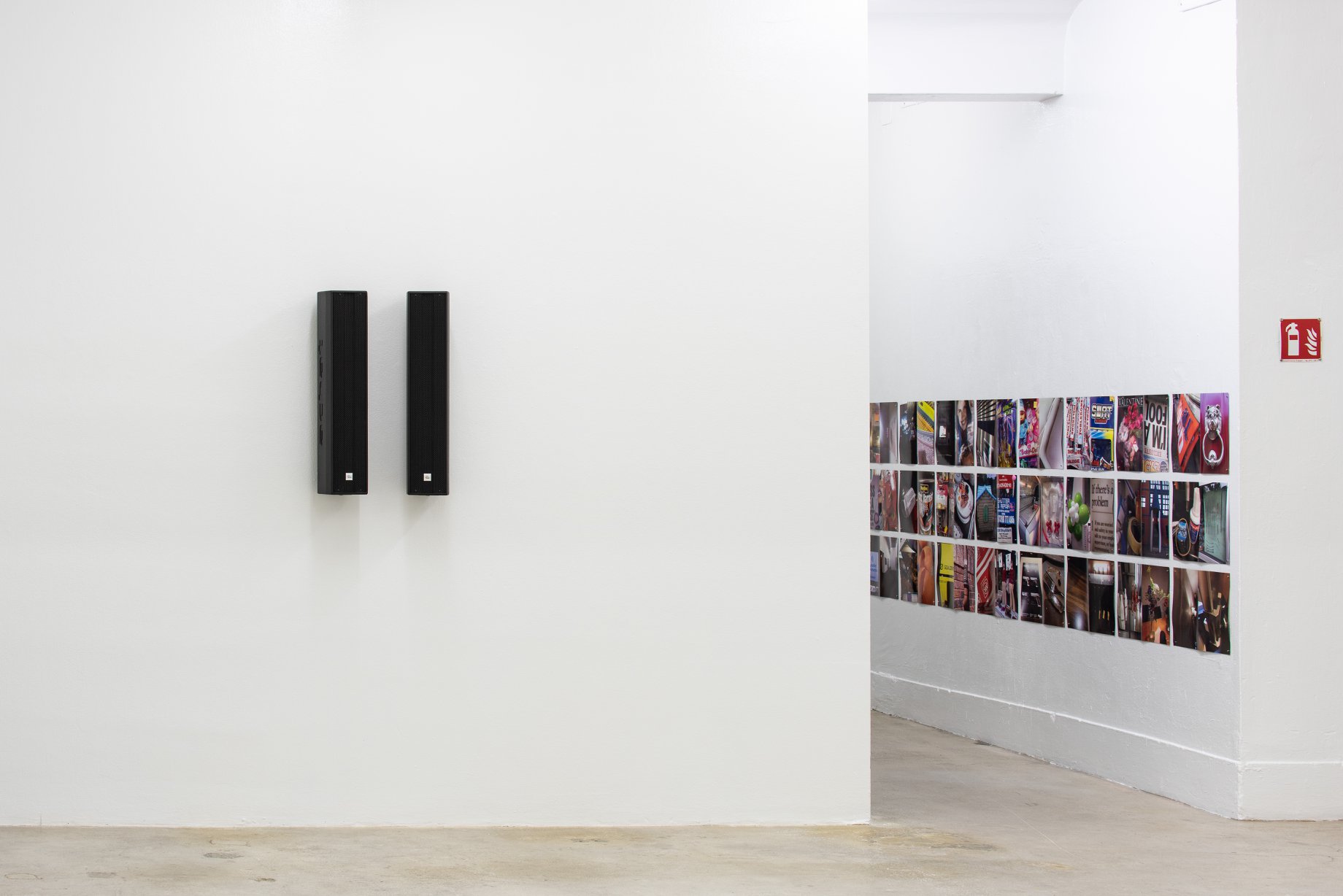
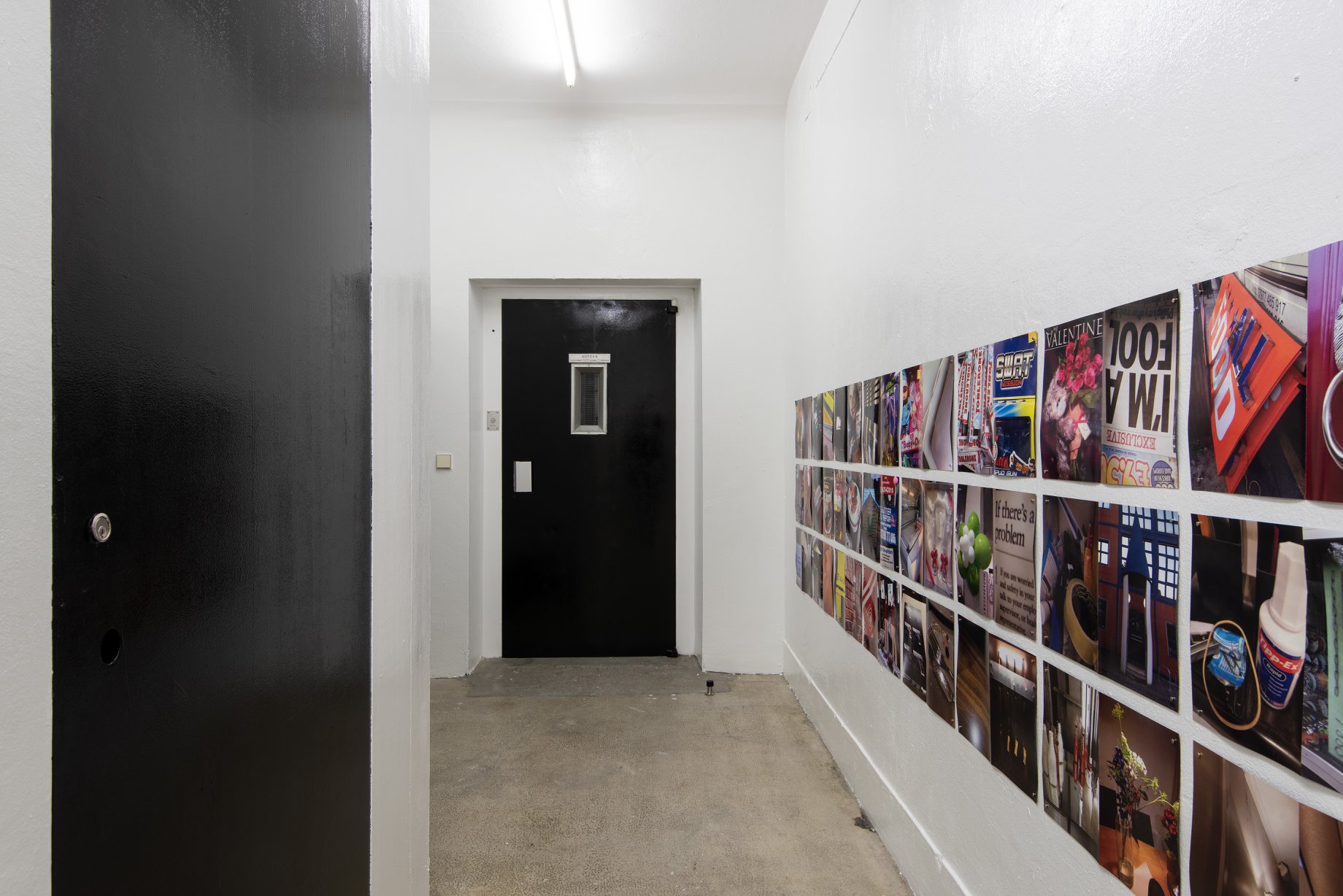

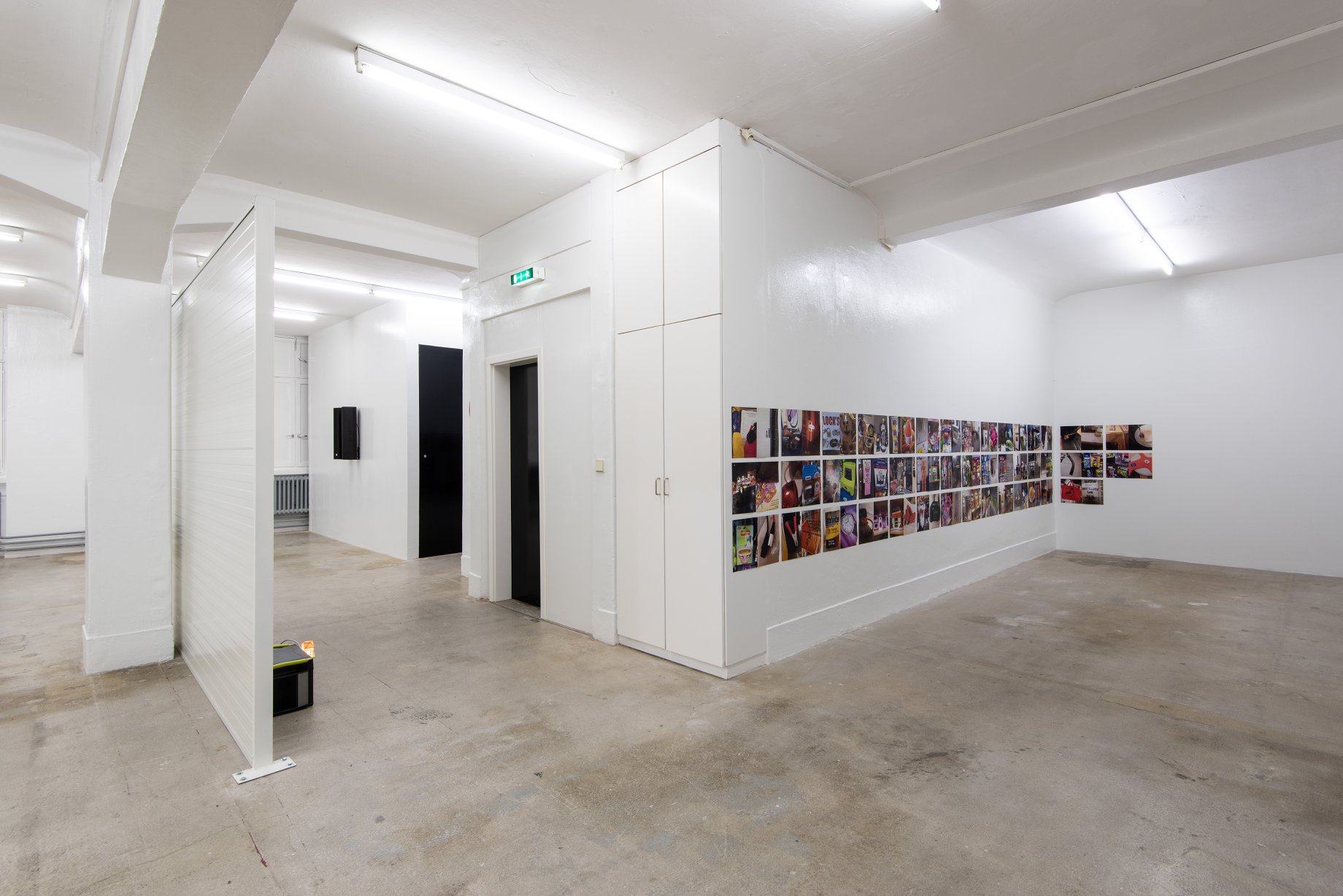
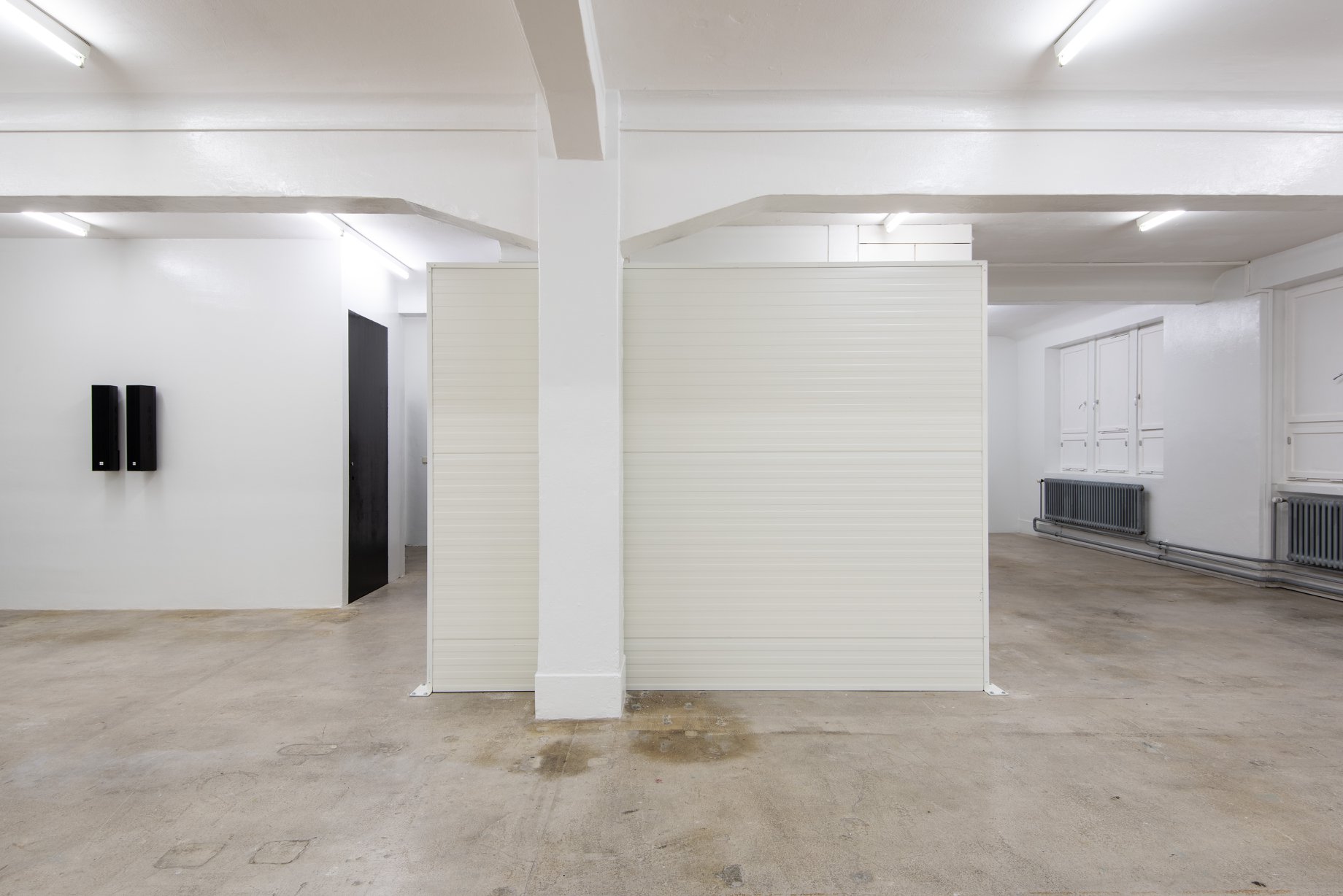
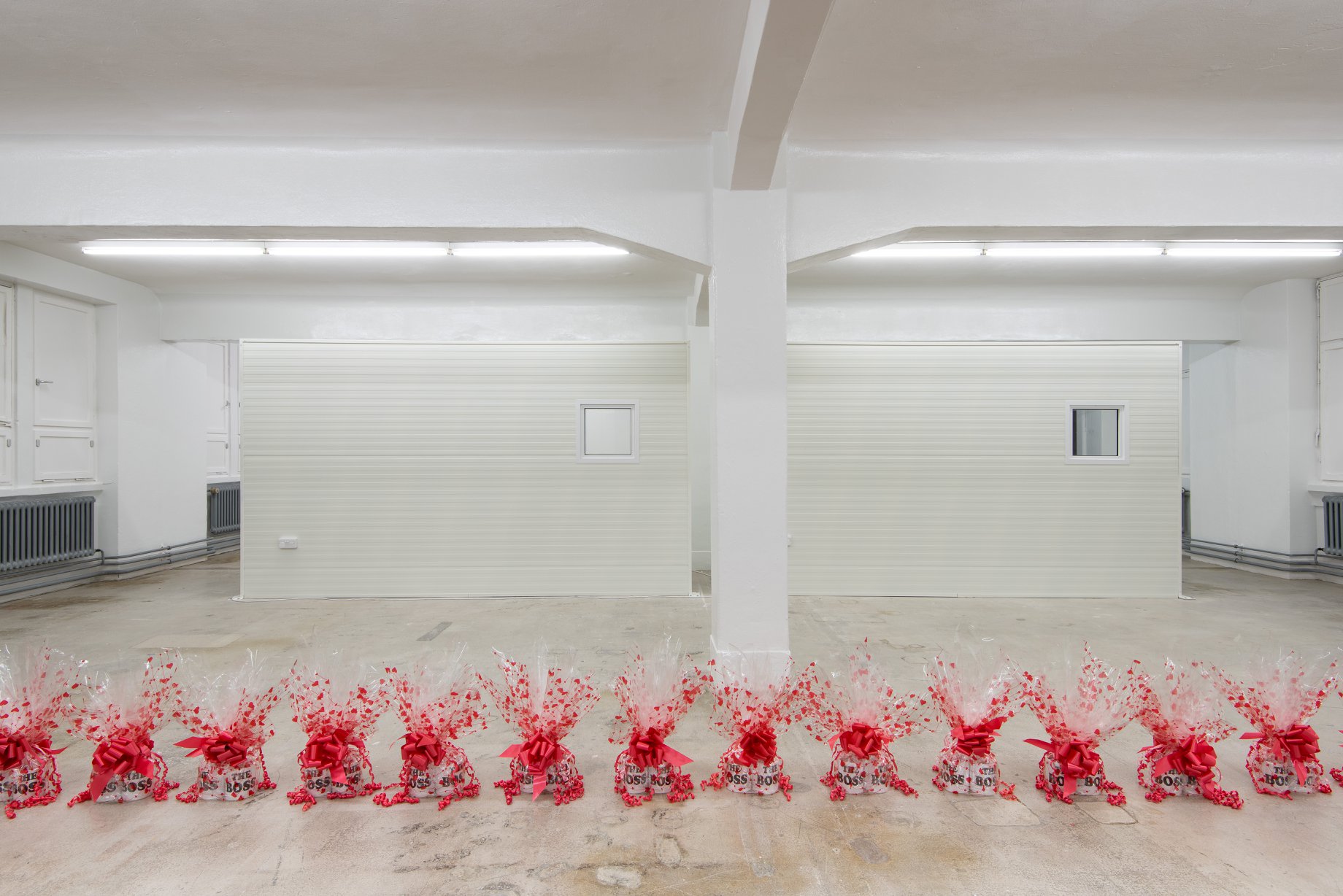
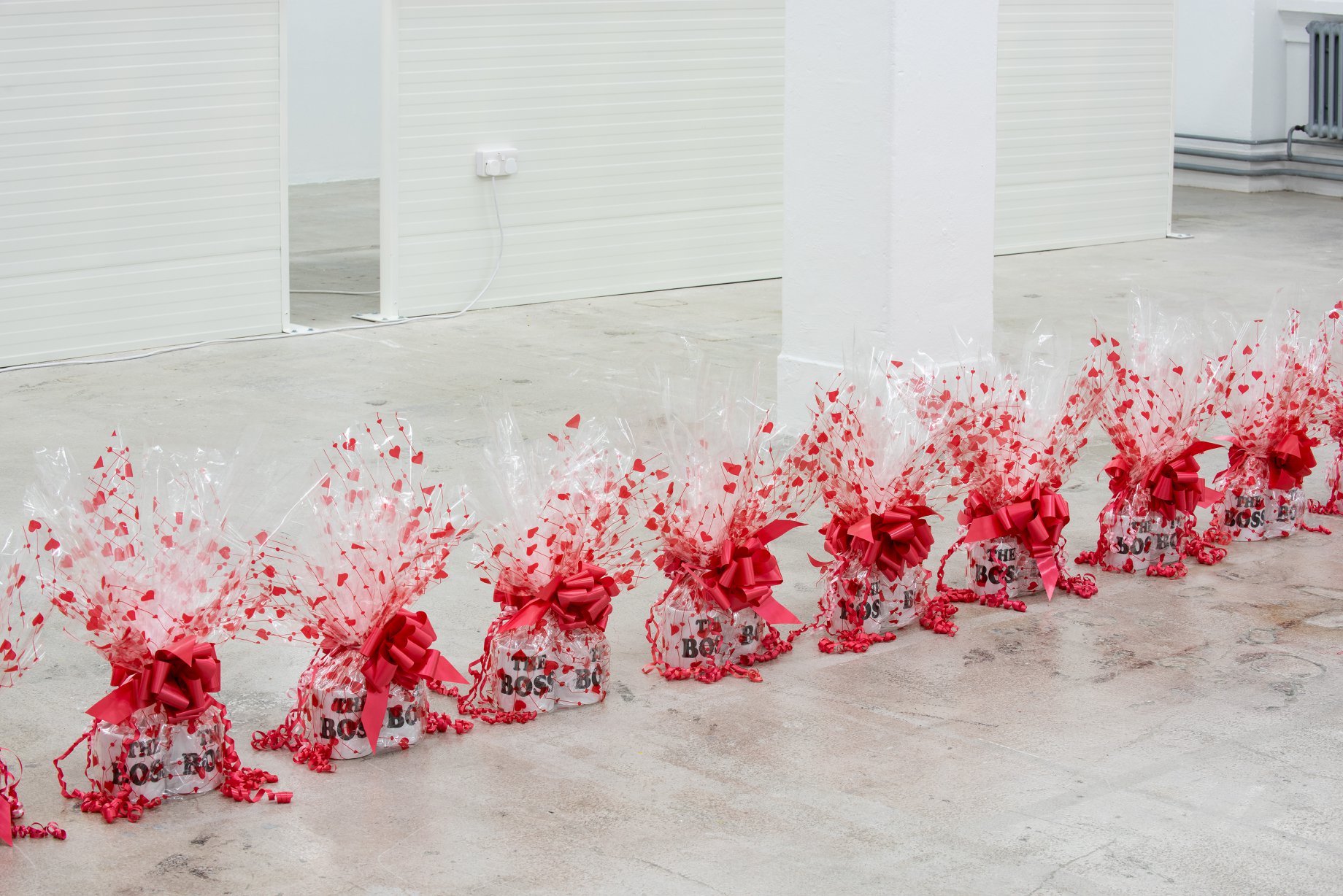
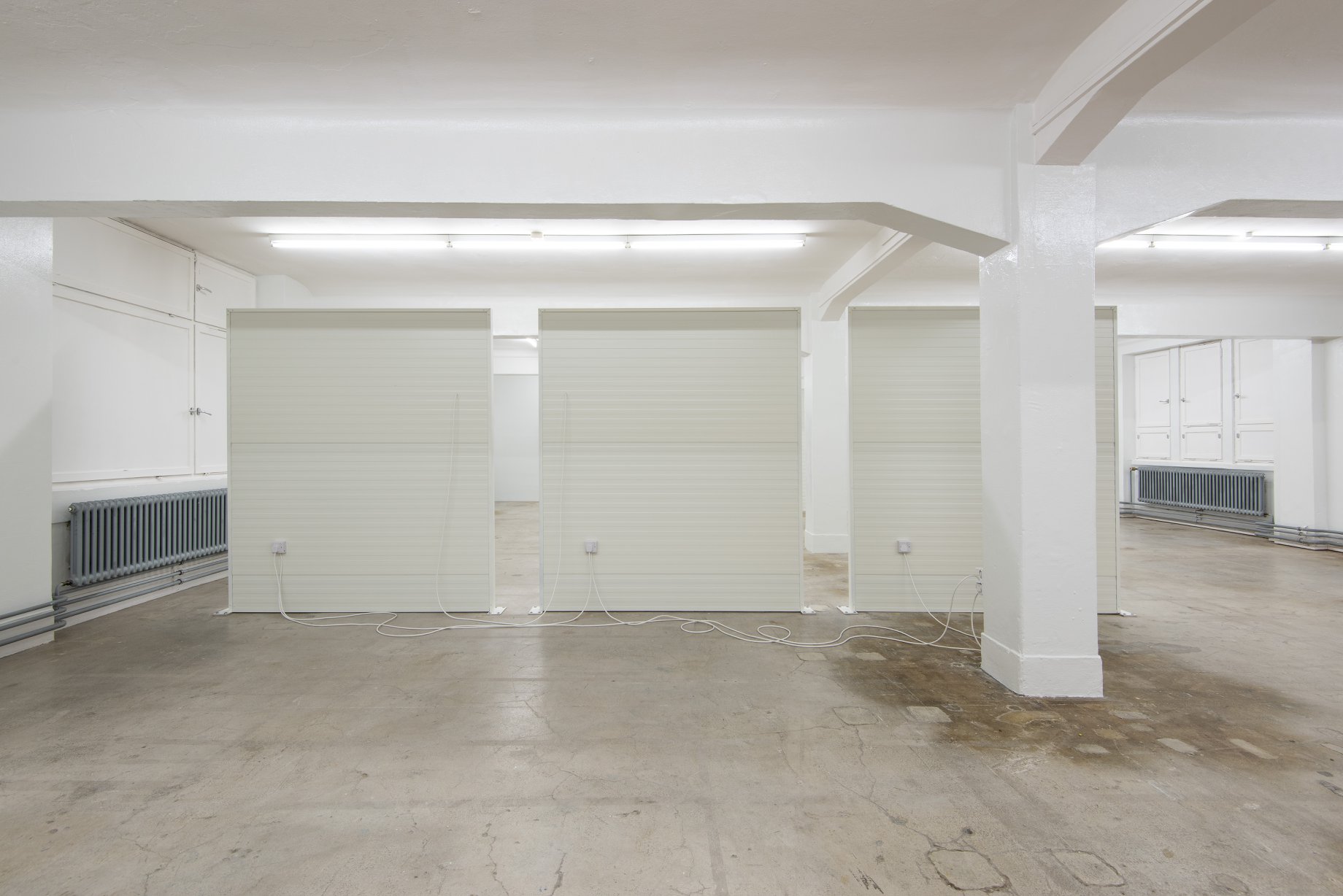

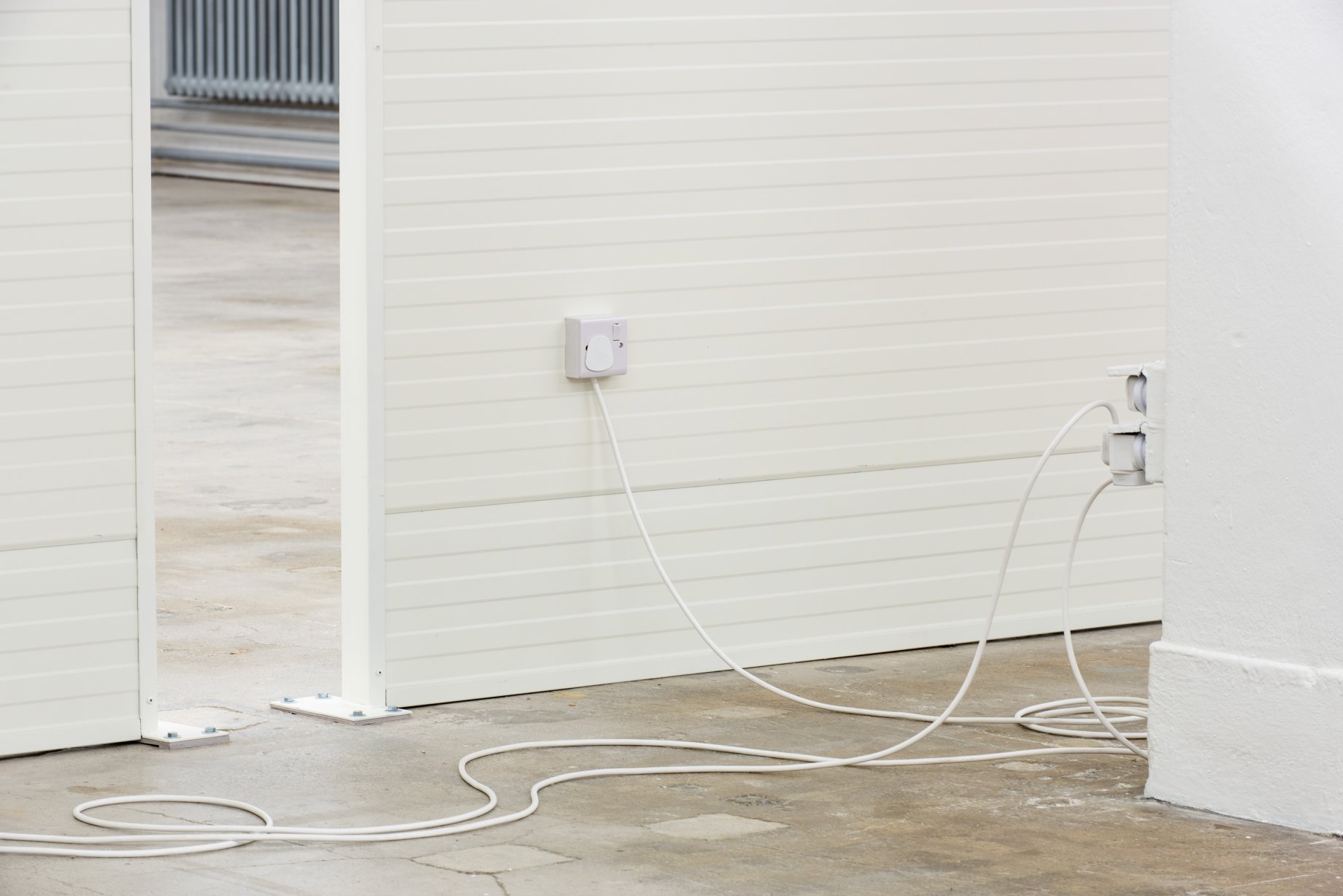
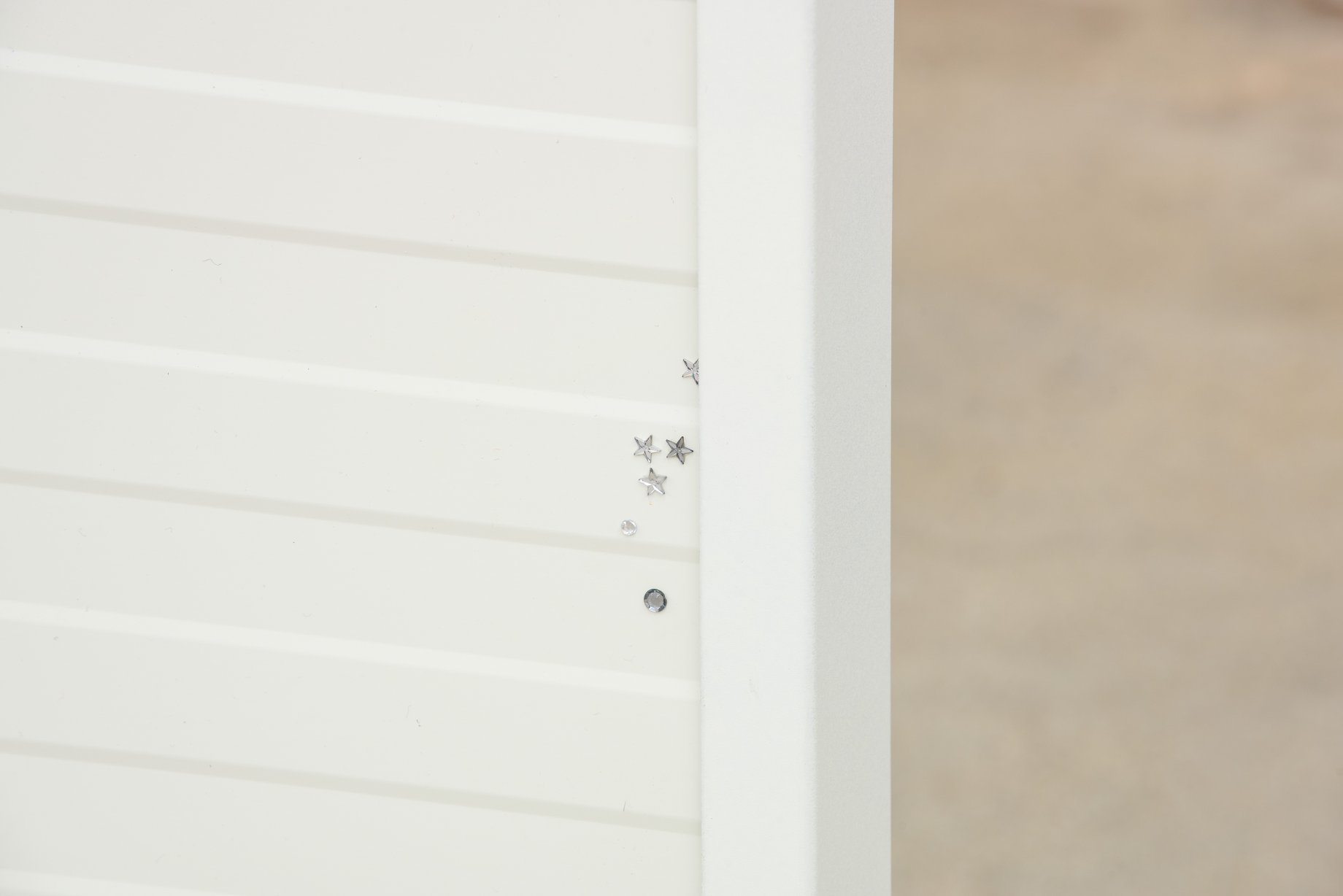
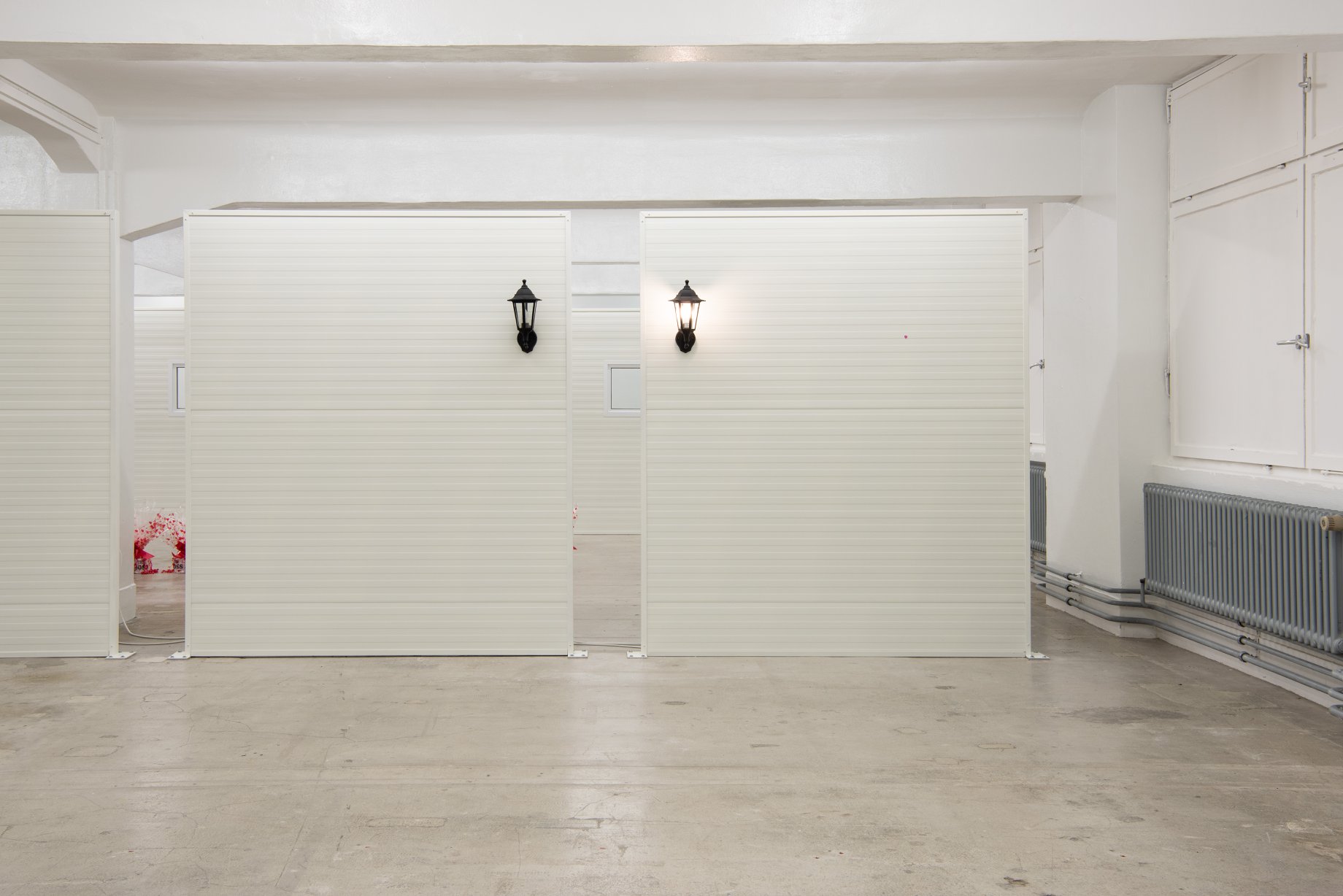

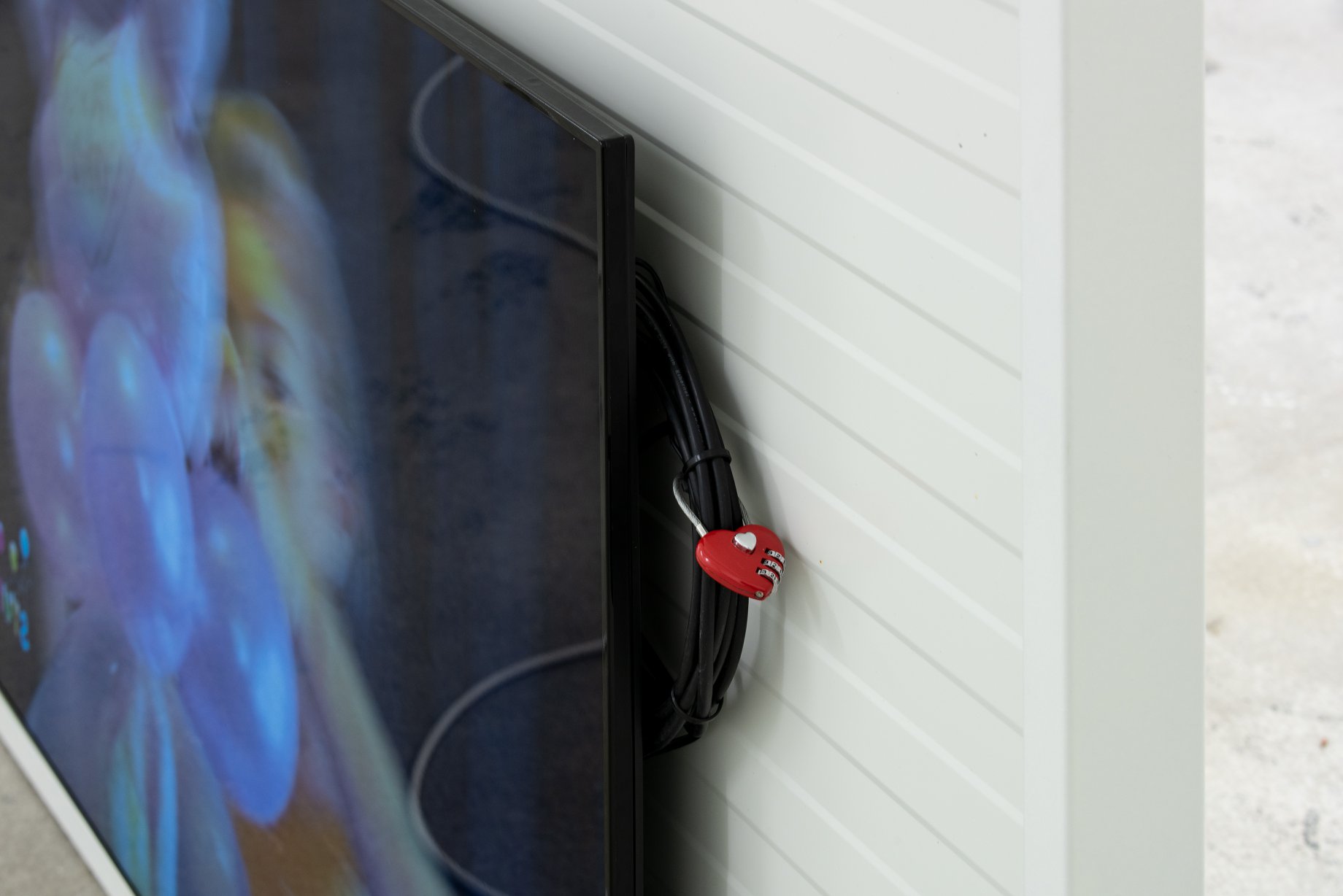

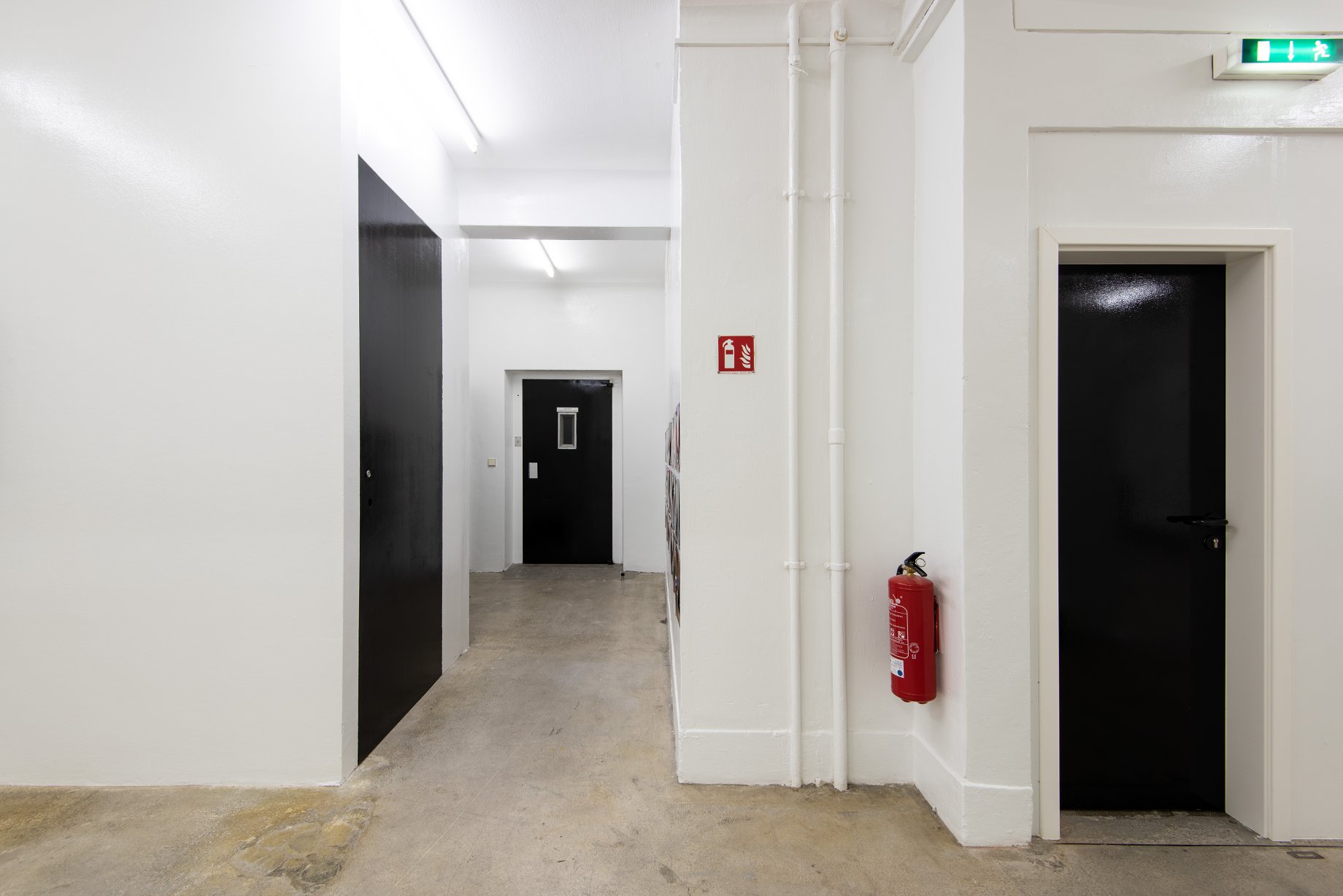

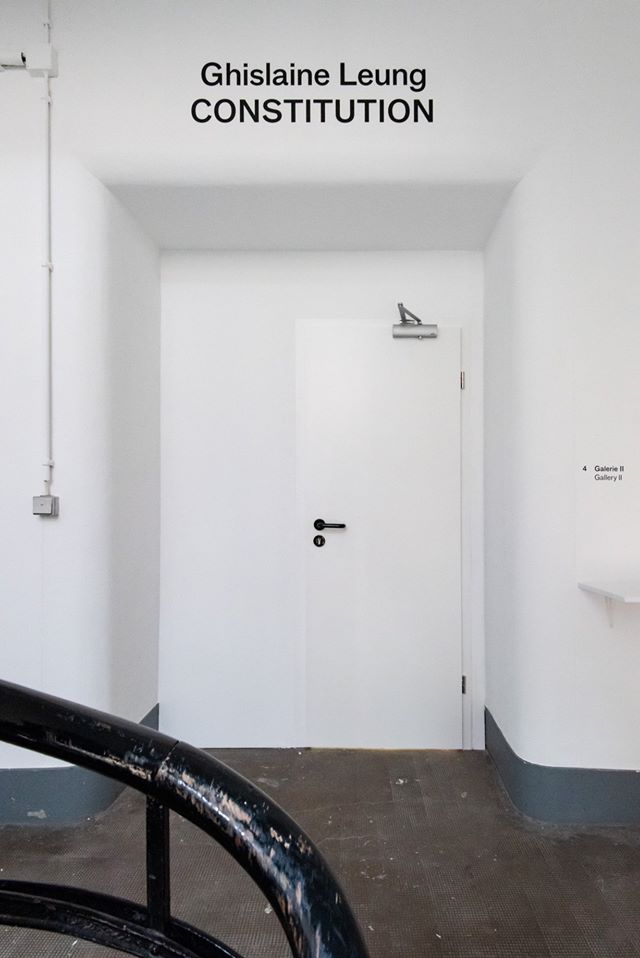
On the one hand, a deep-seated continuity appears to link all things and all events and lend them a significance that provokes wonder. Whether this continuity is seen as material or ideal, magical or rational, it gives a sense of an immanent and expansive connection – a connective tissue and consciousness extending beyond the one I. On the other, there is the feeling that things are out of control, heading in a direction that is impossible, severed and out of joint. There is a flickering between these positions in Abel Auer’s work.
Much of his art has to do with paying attention to the hidden, obscure and unknowable – that place where sheer cognition will not take us. A space not so much explored as a trajectory of escapism, but as an urgent material and spiritual necessity. The intersection, between the concrete, and that which cannot be contained within a dominant archetype of the real, not as poles but as totally interconnected parts, is central to his thinking. A thinking and making which moves between a pitch and logic of spiritual histories of the 19th and early 20th century avant-garde, and the intensity and fervour of the conspiracy, and the dark web.
This show has developed from an extended period of exchange around survivalism and modes of living with extinction, with radical unity, magic and beauty. Factor X / The Work comprises drawings and paintings, collage, video, props and materials of Auer’s – a proposition and temporary structure of existing and newly realised work.
Abel Auer (b. 1974, Munich) was a co-founder of the Hamburg-based collective Isotrop in the 1990s, followed by long-standing collaborations with artists including Kai Althoff, Dorota Jurczak and Armin Krämer. His work has been exhibited at Corvi-Mora, London; Etablissement d’en Face, Brussels; Michael Benevento, Los Angeles; P.S.1 MoMA, New York; Bozar Centre for Fine Arts, Brussels, amongst others. Over the last six years, Auer has been based in Stuttgart, where he also ran the project space Staub Raum (Künstlerhaus Stuttgart). From October, 2019 he is professor at the University of Fine Arts Hamburg (HFBK). Auer is represented by Corvi-Mora, London; Sies + Höke, Düsseldorf, Galerie Jo van de Loo, Munich and Galerie für Gegenwartskunst Barbara Claassen-Schmal, Bremen.
Realised with the generous support of Corvi-Mora, London; Fürstenberg Zeitgenössisch, Donaueschingen; and Albrecht Hauff, Thieme Verlag




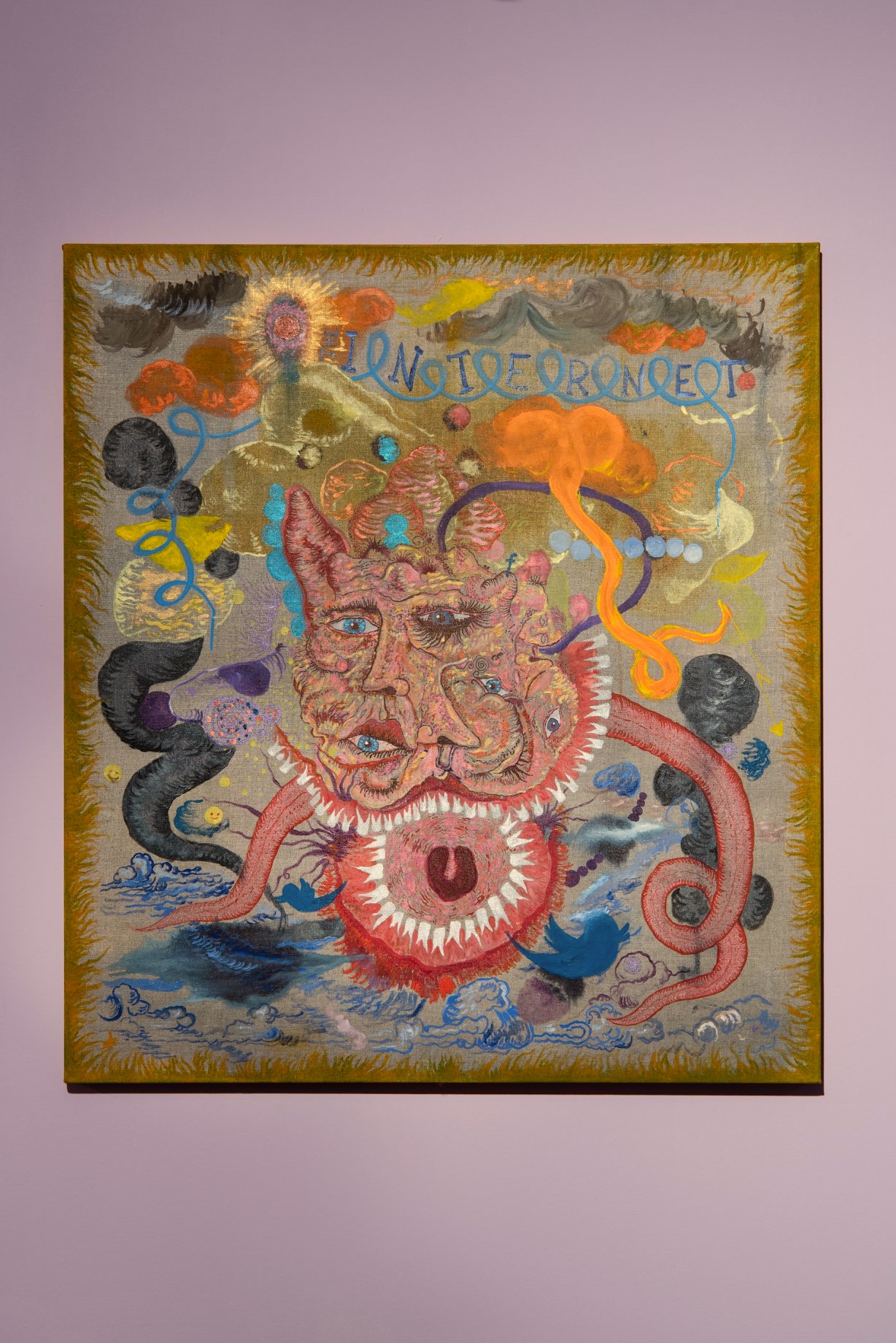






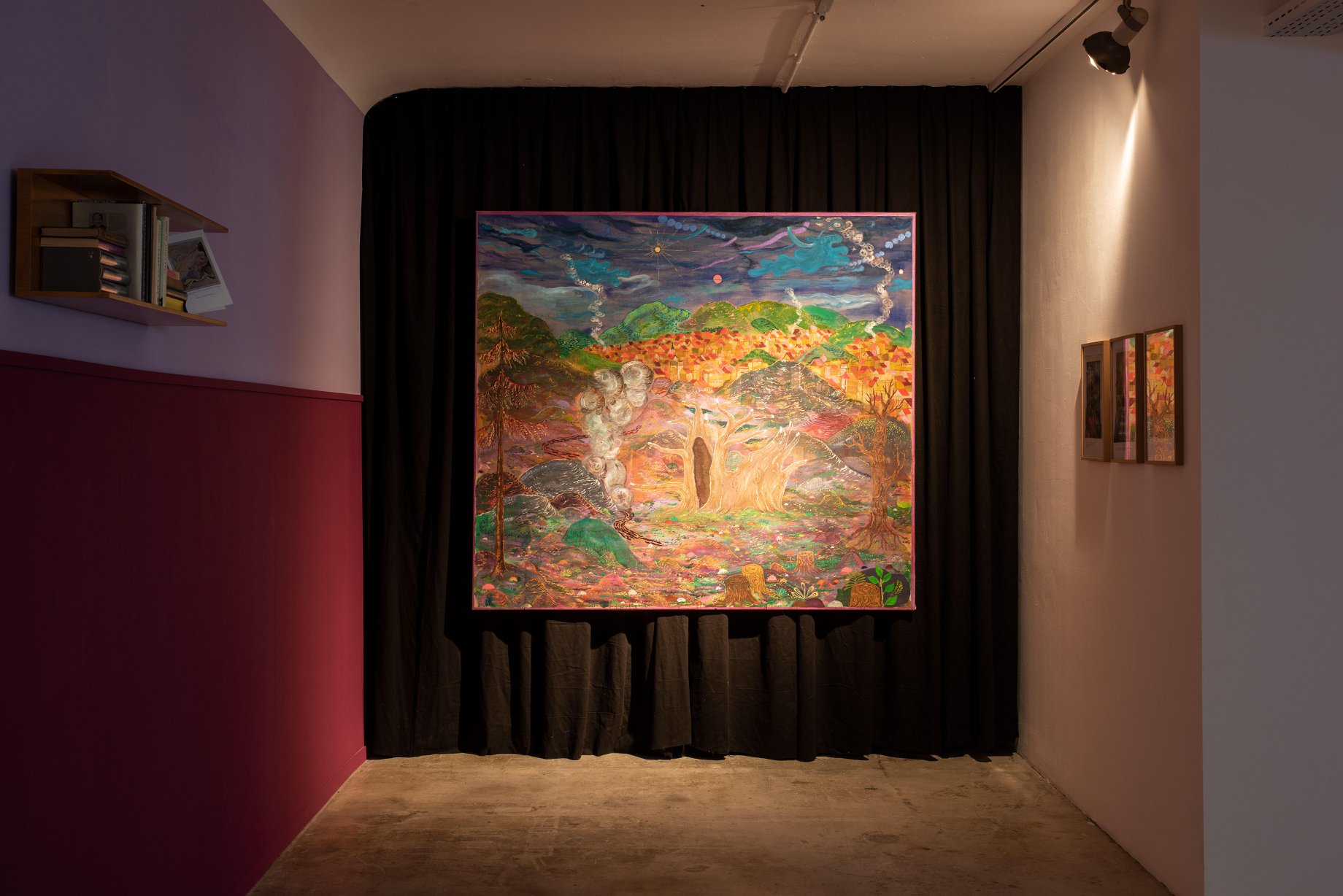
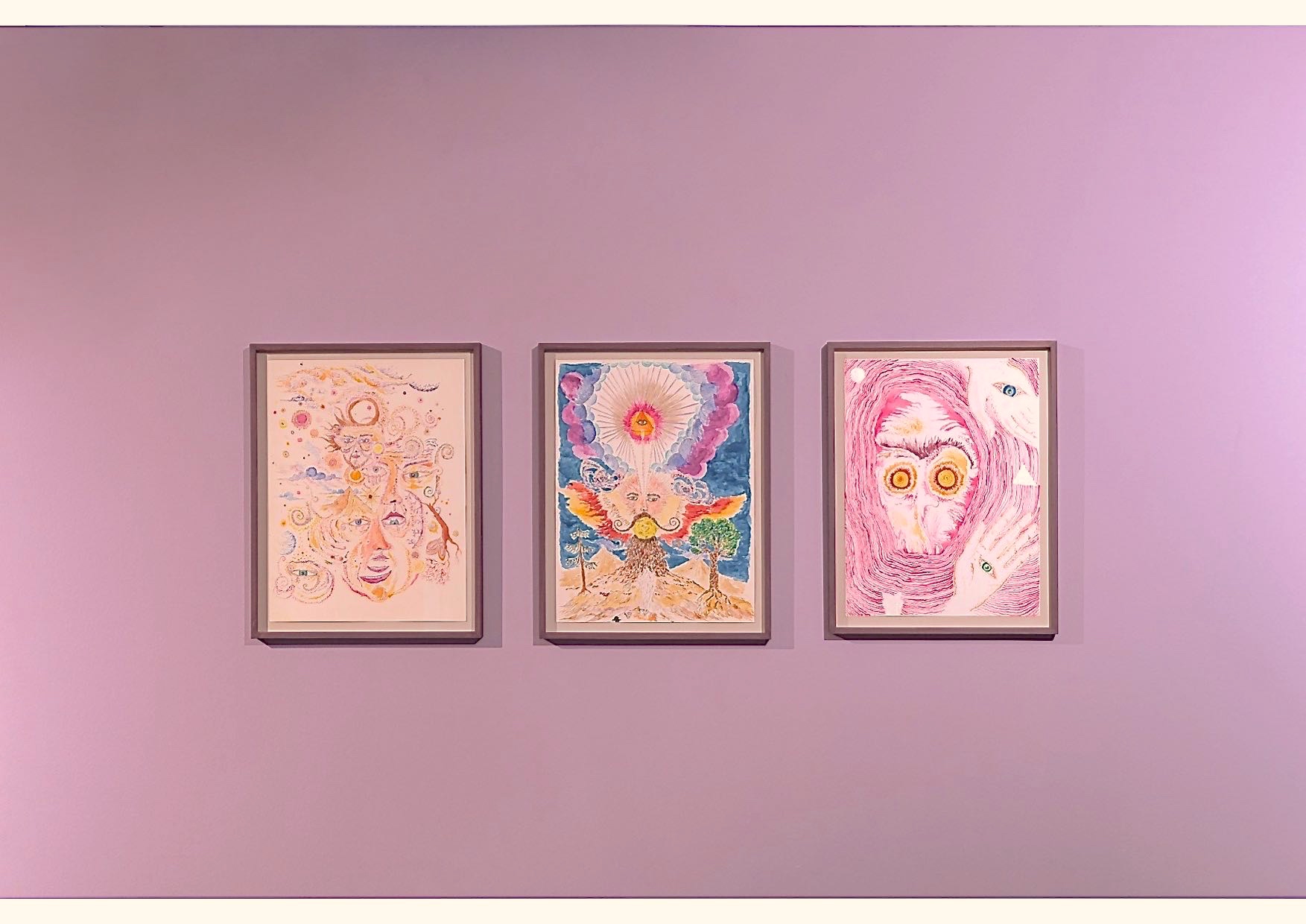

Taking a cue from Philip Larkin’s poetry collections, The Less Deceived, The Whitsun Weddings, and High Windows, Stephen Sutcliffe’s new works have been a long time in the making and are a set of reduced and distilled video collages. These extend Sutcliffe’s longstanding obsessions with cultural confidence, social class and meditations on death and failure, and are presented in dialogue with selected videos, spanning from the early 2000s until the present.
Sutcliffe has had an ongoing engagement with literature in his practice, a strand pushed, and also complicated in this new body of work. There are immediate affinities in tone and approach between Sutcliffe and Larkin: the attempt to render a time through the lens of private experience, and the movement between troubled realism, dejection and wit. Working with the format of the short-form collaged video, Sutcliffe both channels the distinctive structure and mood of his literary references and extends them into his own distinctive language and time.
In the biography of Larkin, as with many of the writers who have influenced Sutcliffe’s work, including East German author Uwe Johnson, there is a strand of withdrawal; an active seeking out of distictively remote places, and a form of “leaning into bleakness”. There is an ambivalent life-work connection in this approach: non-participation combined with a desire for the unaffected and social portrayal of a time – an attitude and relation with visibility which would be difficult, if not impossible, to maintain in the present. Sutcliffe’s new videos I am (for the birds) and General Knowledge continue this logic of ambivalence, works that reflect with melancholy and absurdity on cultural belonging and entrapment.
High Windows, Dead Birds marks the most comprehensive presentation of the artist’s work to date, and the first in a German context, encompassing the new videos and retrospective elements, alongside spatial interventions in response to Künstlerhaus Stuttgart.
Glasgow based artist Stephen Sutcliffe (1968, Harrogate) creates film collages from an extensive archive of television, film sound, broadcast images and spoken word recordings which he has been collecting since childhood. Often reflecting on aspects of culture and identity, the results are melancholic, poetic and satirical amalgams which subtly tease out and critique ideas of class-consciousness and cultural authority. Recent solo exhibitions include: Sex Symbols in Sandwich Signs, Talbot Rice Edinburgh; Twixt, Cup and Lip, Hepworth Wakefield (2017); Going Over, Rob Tufnell, London (2015); Workings out, Tramway, Glasgow (2013); and Cubitt, London (2009). Group exhibitions: Container and Contained, Künstlerhaus Stuttgart, Germany; Down where changed, Cubitt, London; The Reluctant Narrator, Museu Coleção Berardo, Lisbon, Portugal; and Gaudel De Stampa, Paris (2015). Publications include Sutcliffe at Fifty (Sternberg Press, 2019) and Much Obliged (Bookworks, 2019), a kind of autobiography.
Photography: Frank Kleinbach

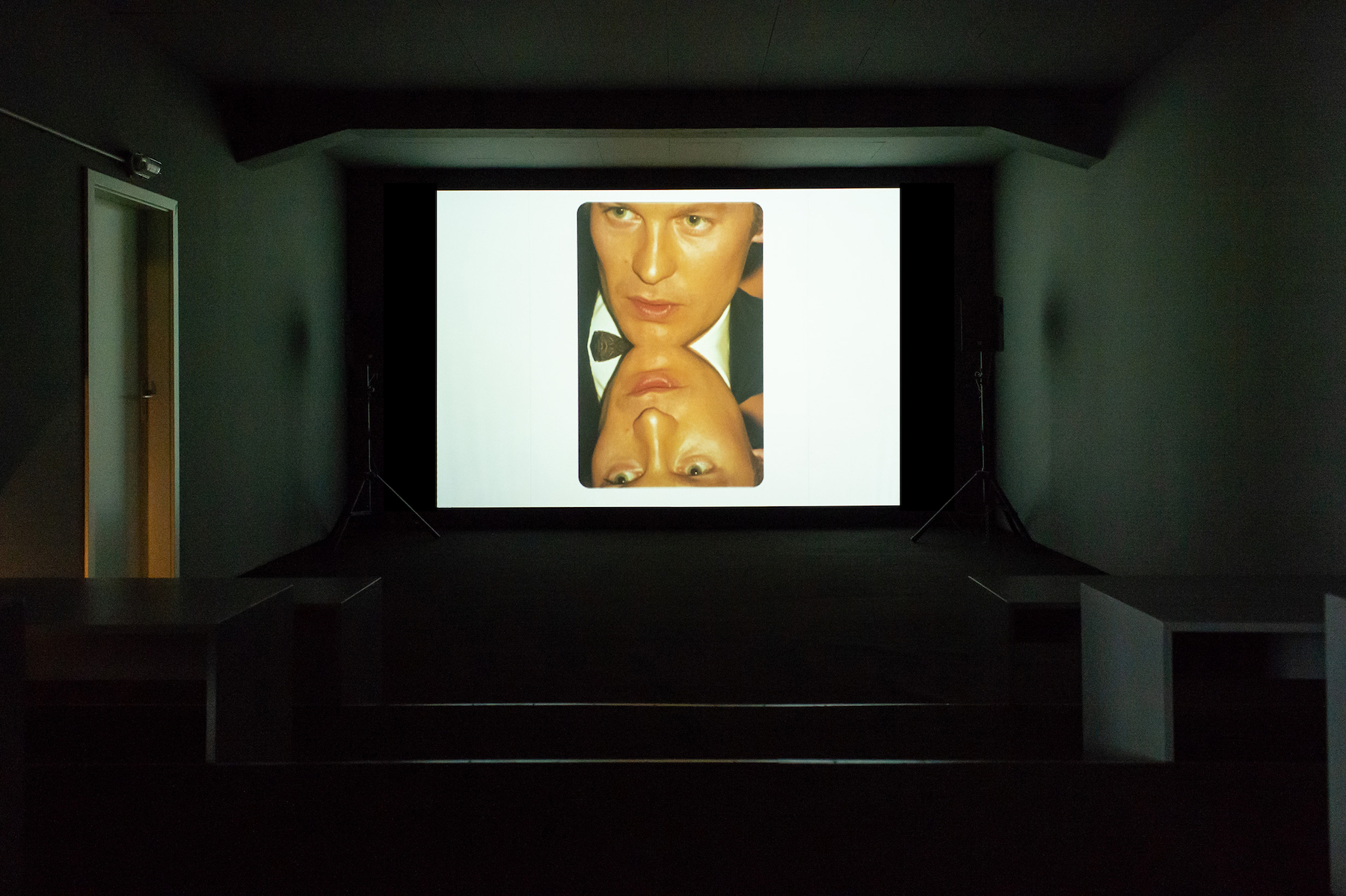
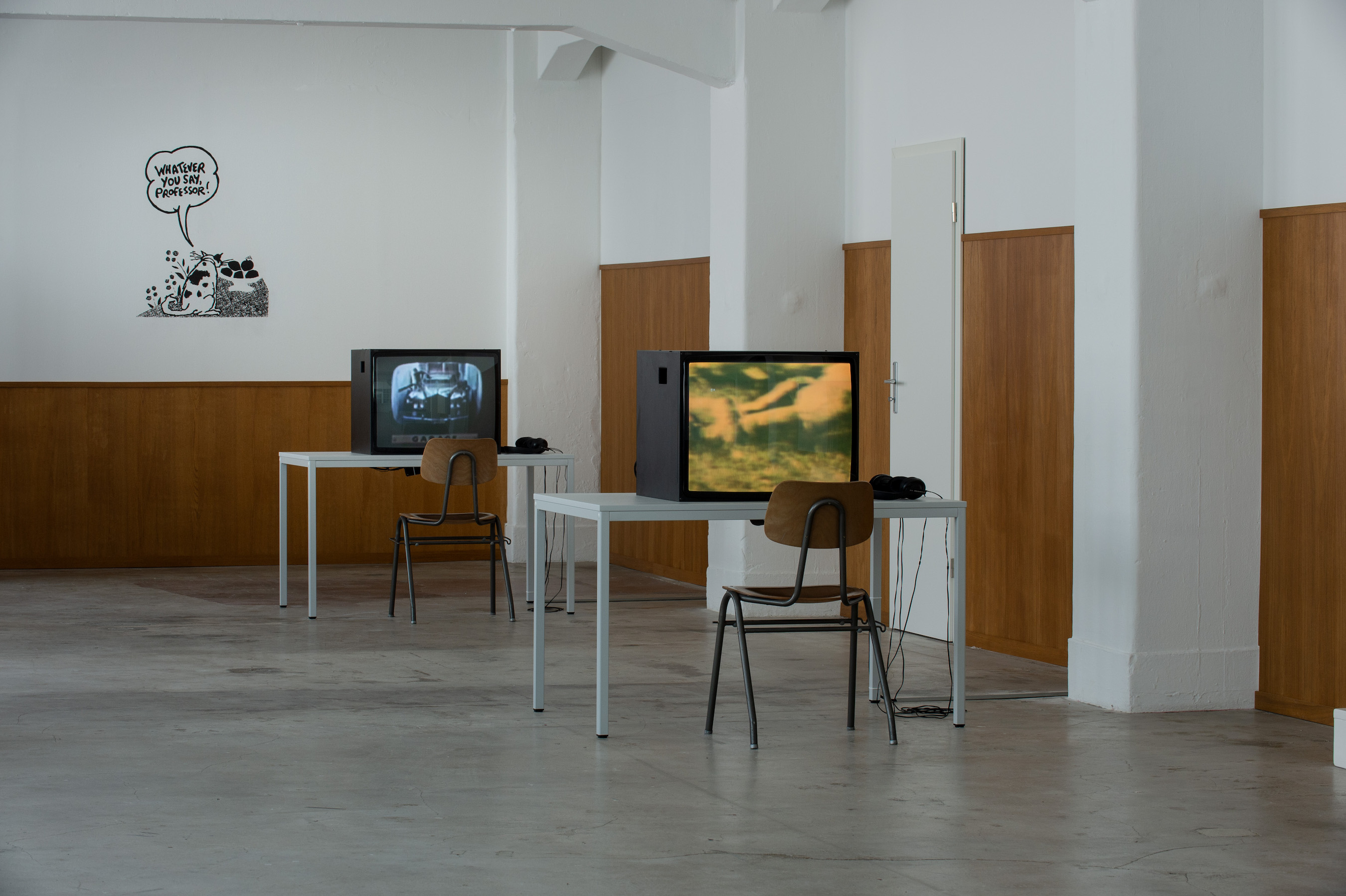
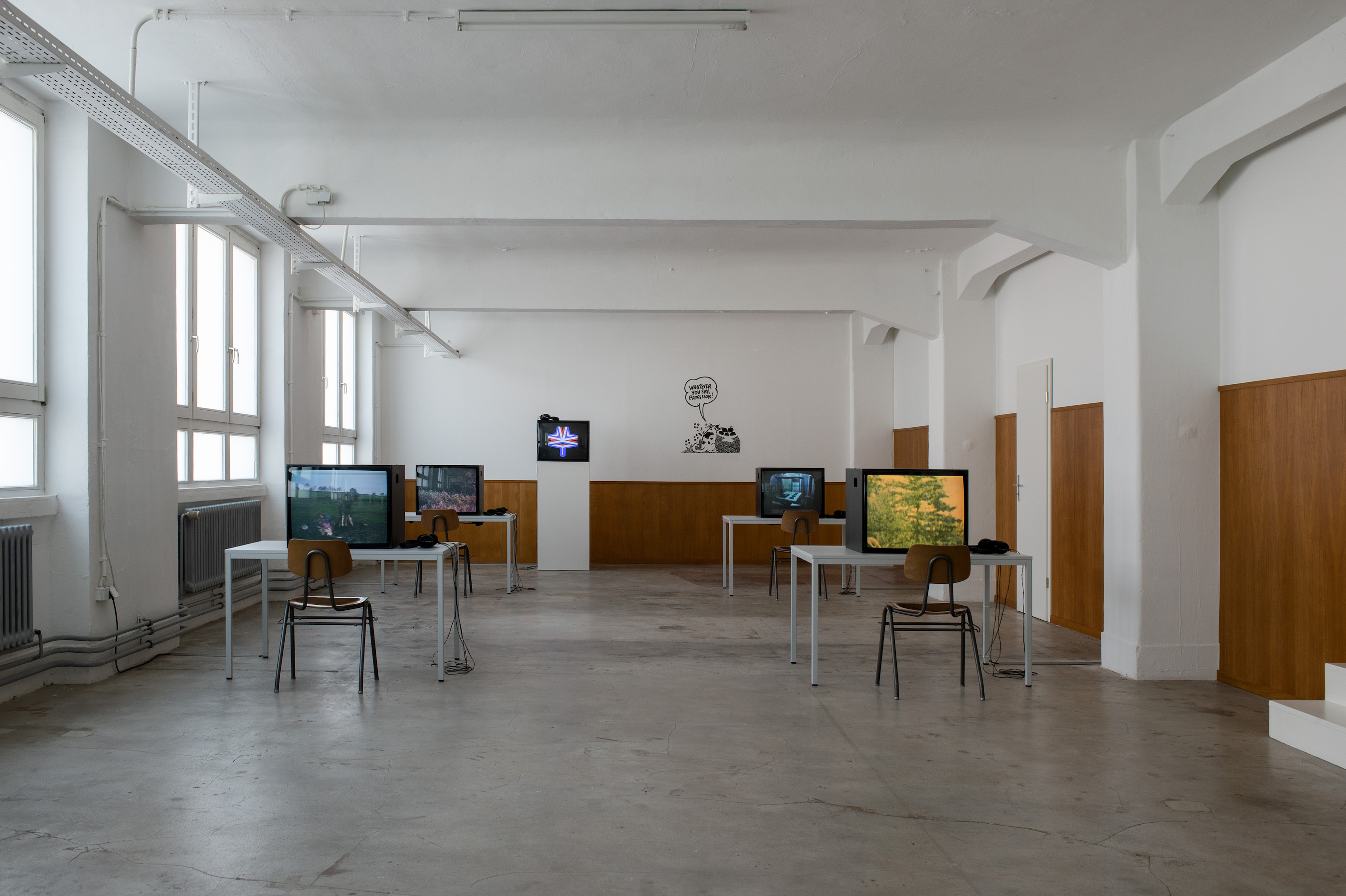
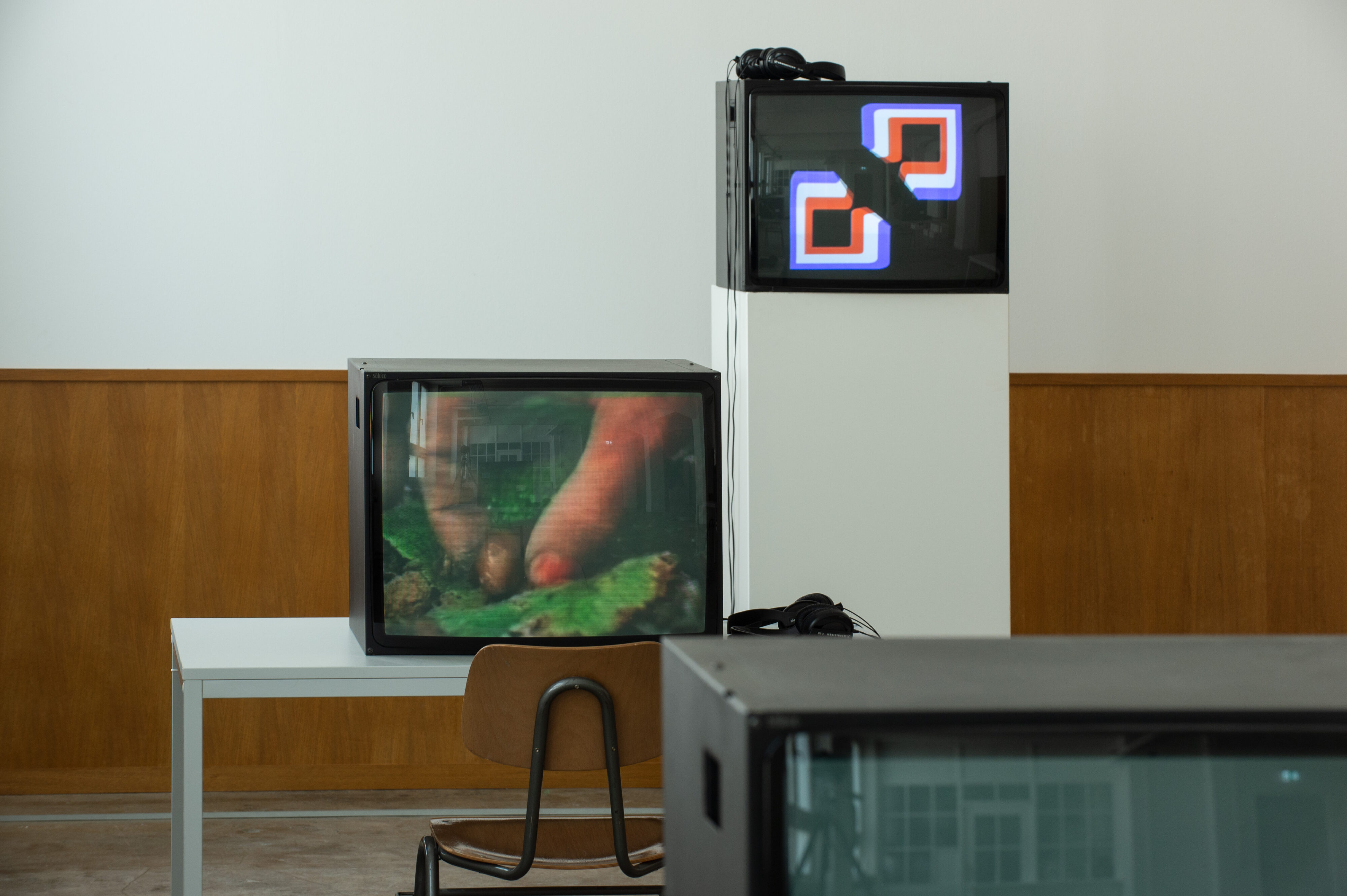
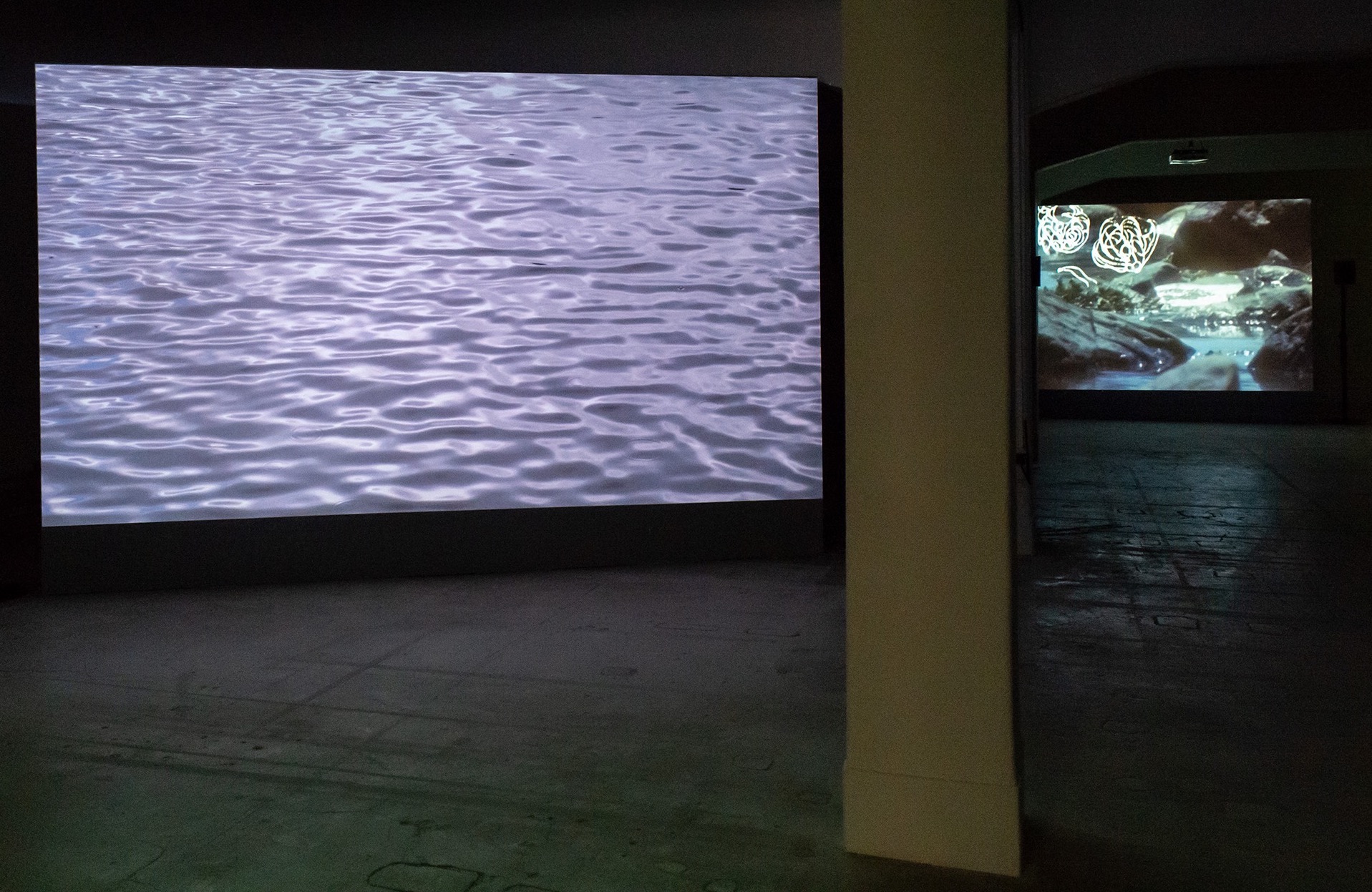
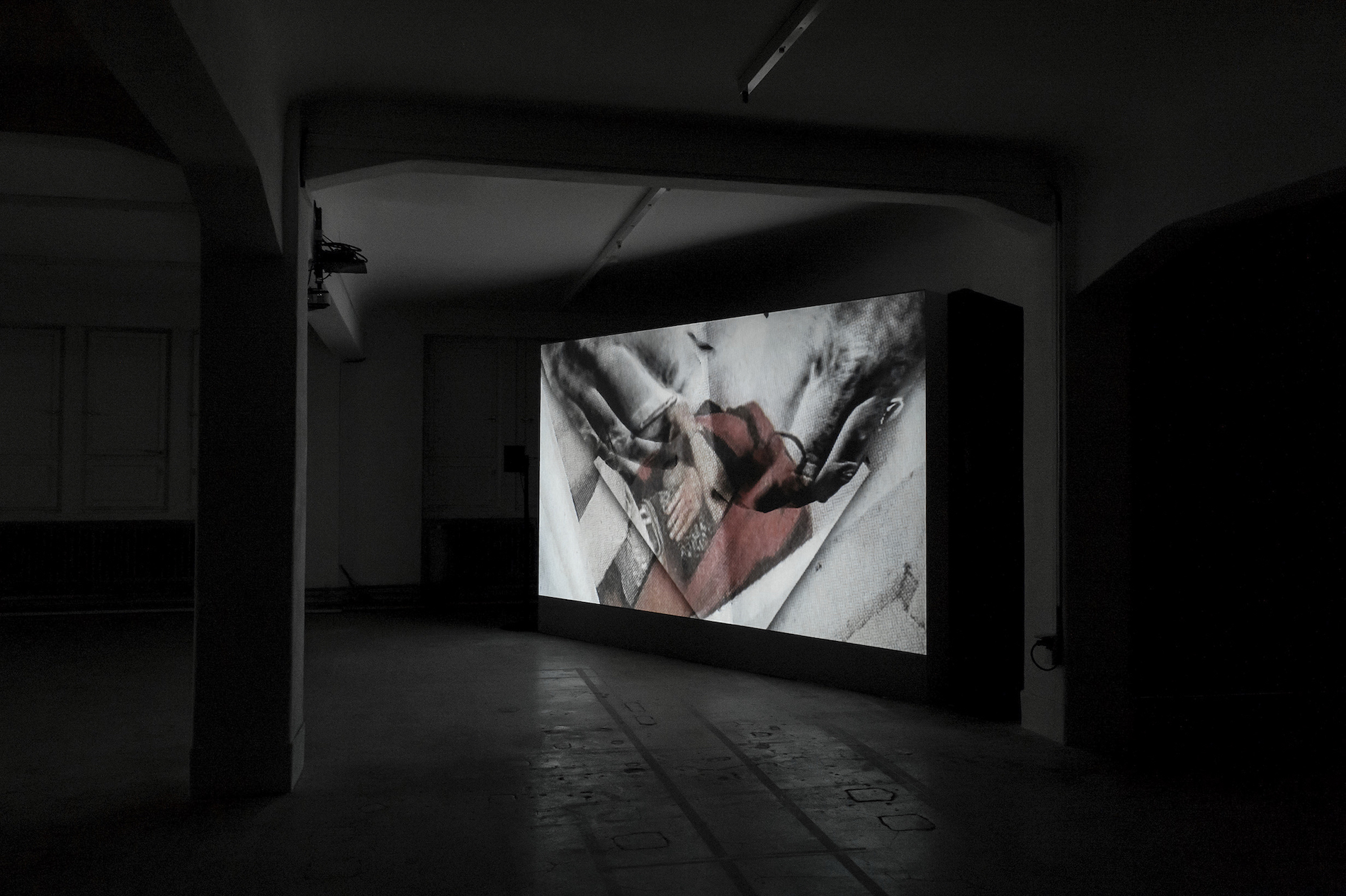
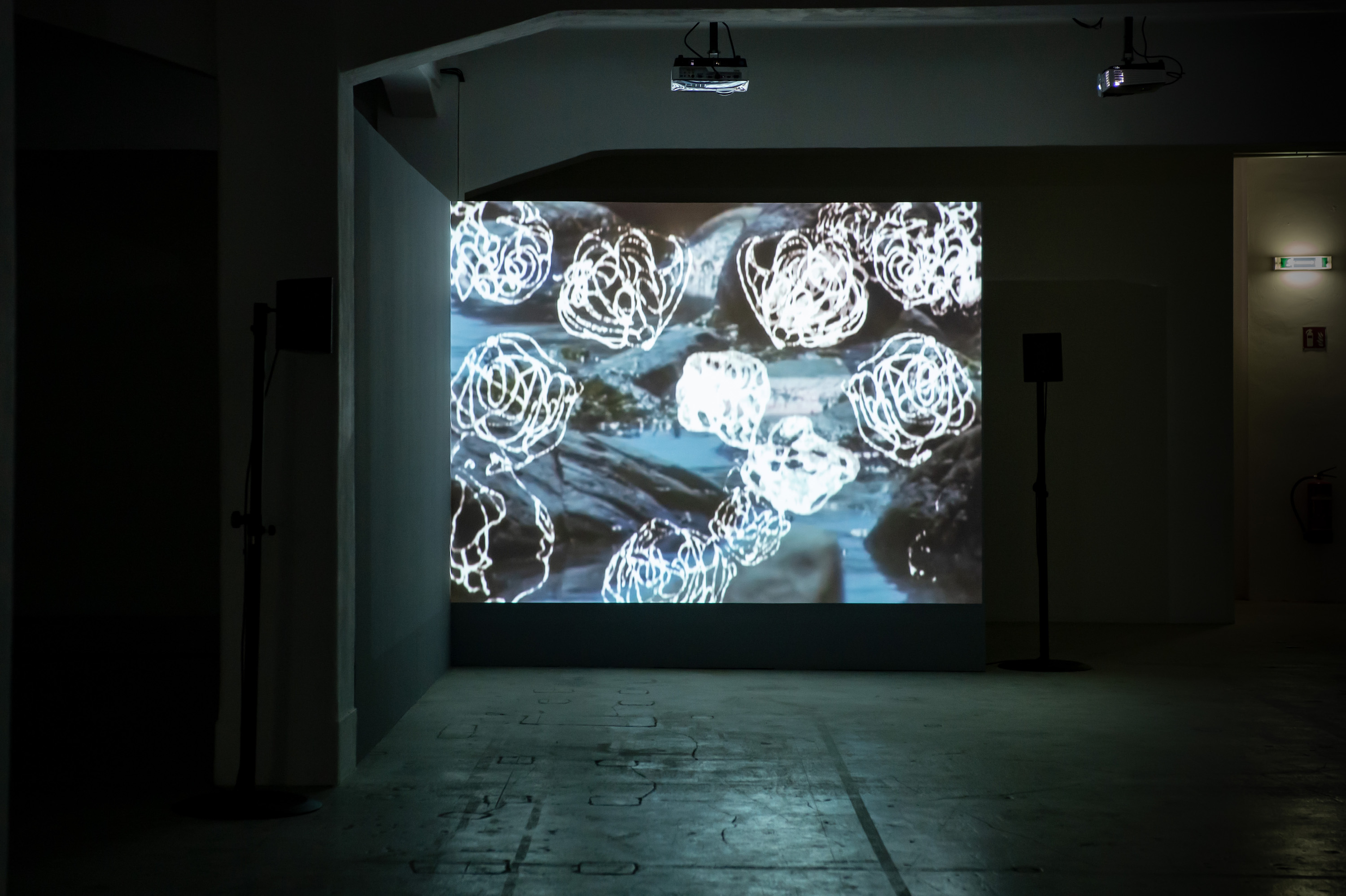
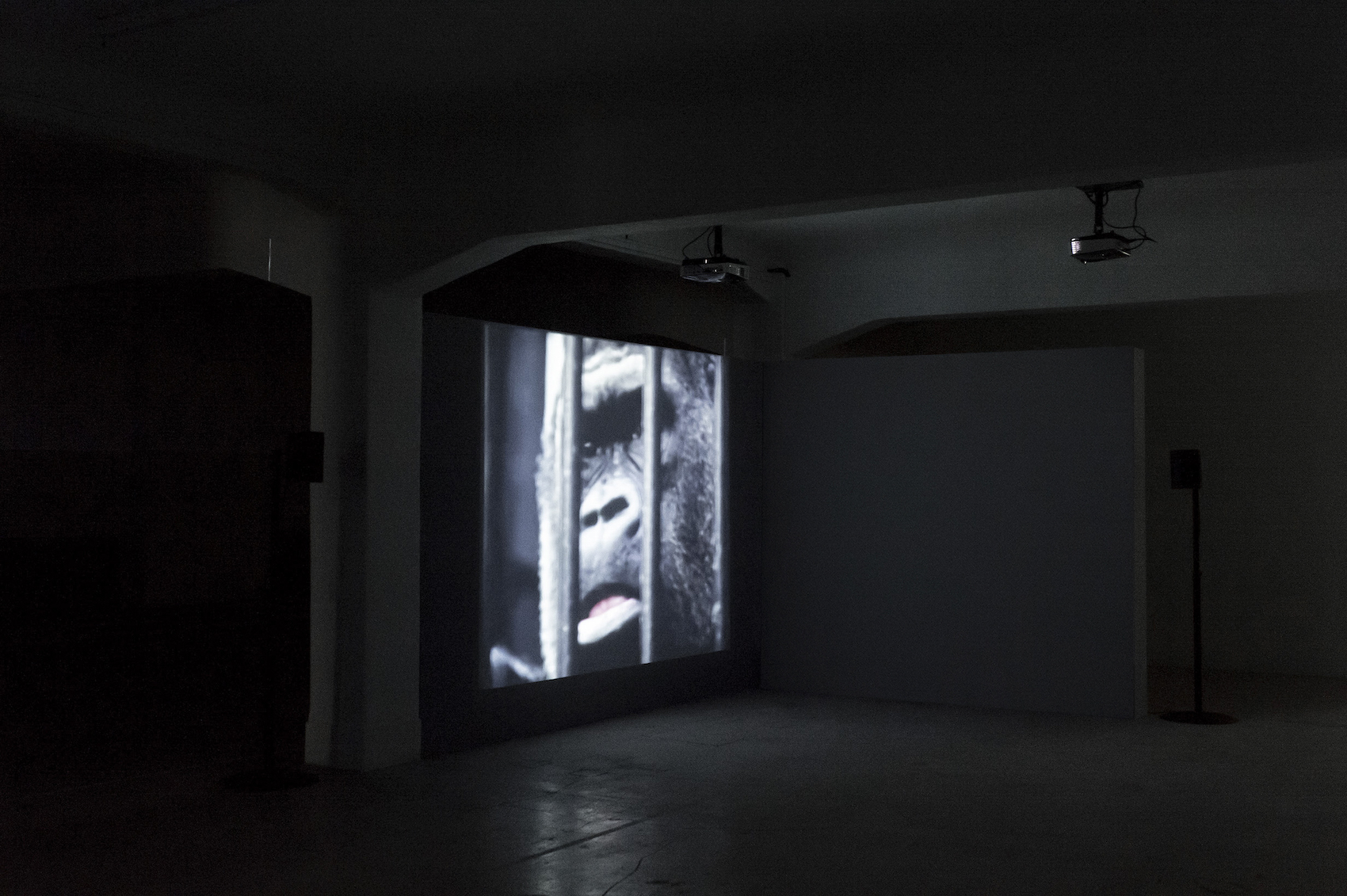

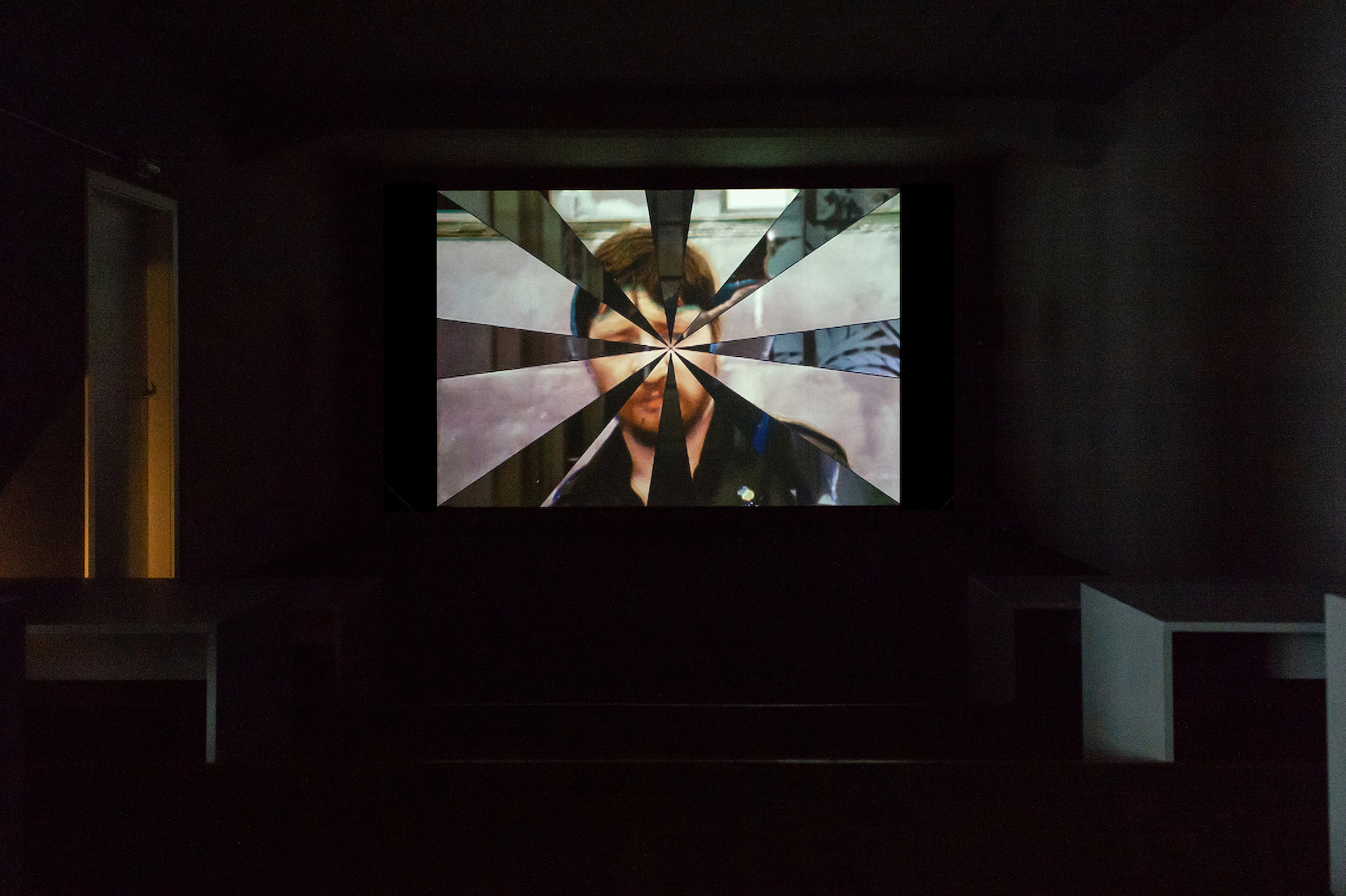
Zauber der Moderne is a three-day music festival at Künstlerhaus Stuttgart, extending across two levels, with concerts and performances, a screening programme and salon. The festival is open daily from 4pm with films by amongst others, Cosey Fanni Tutti, Tim Plester, Rob Curry and Richard Olivier, and dinners prepared by Björn Luchterhand.
PROGRAMME
Sunday 5 May 2019, from 4pm
Metabolismus
Matinée

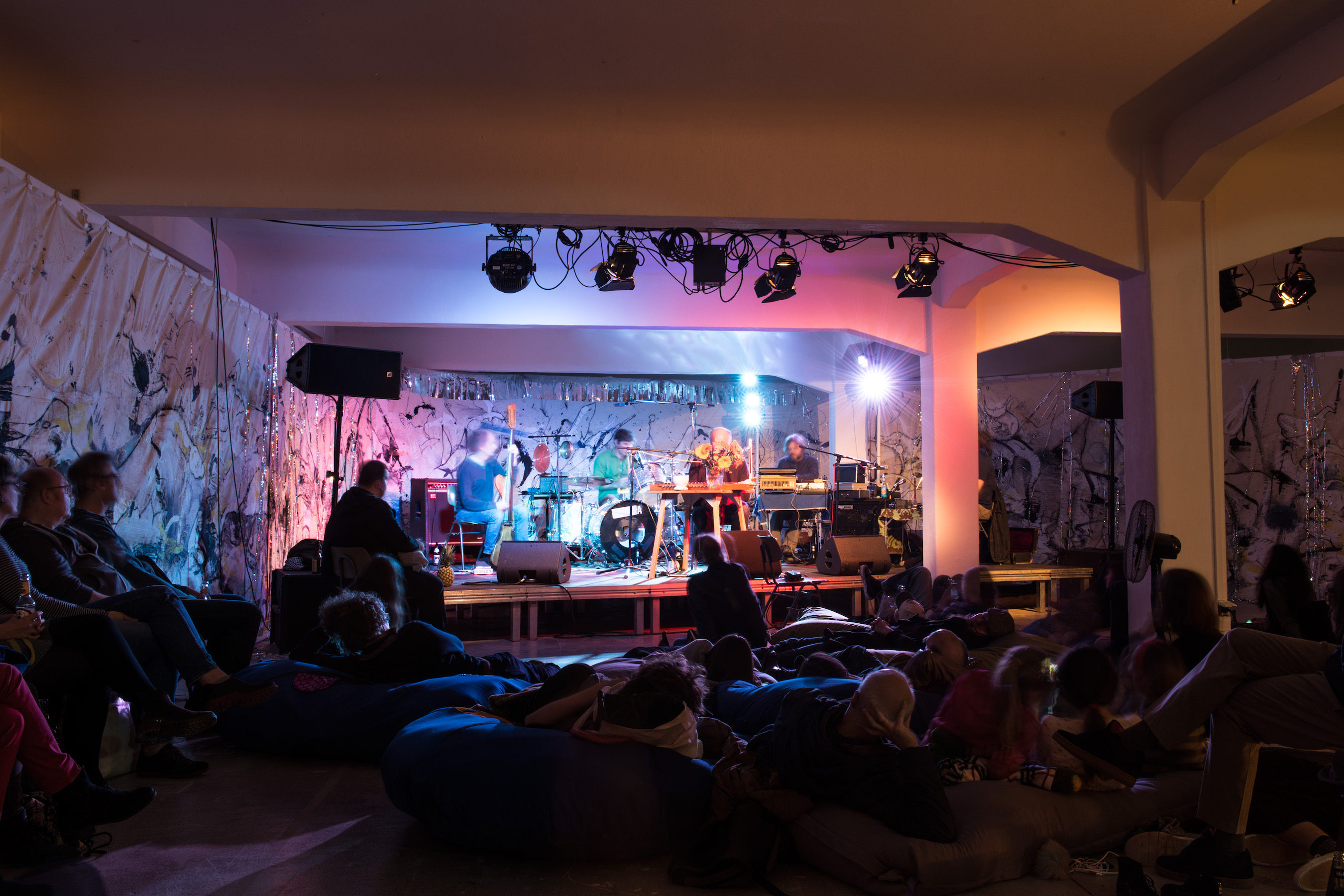
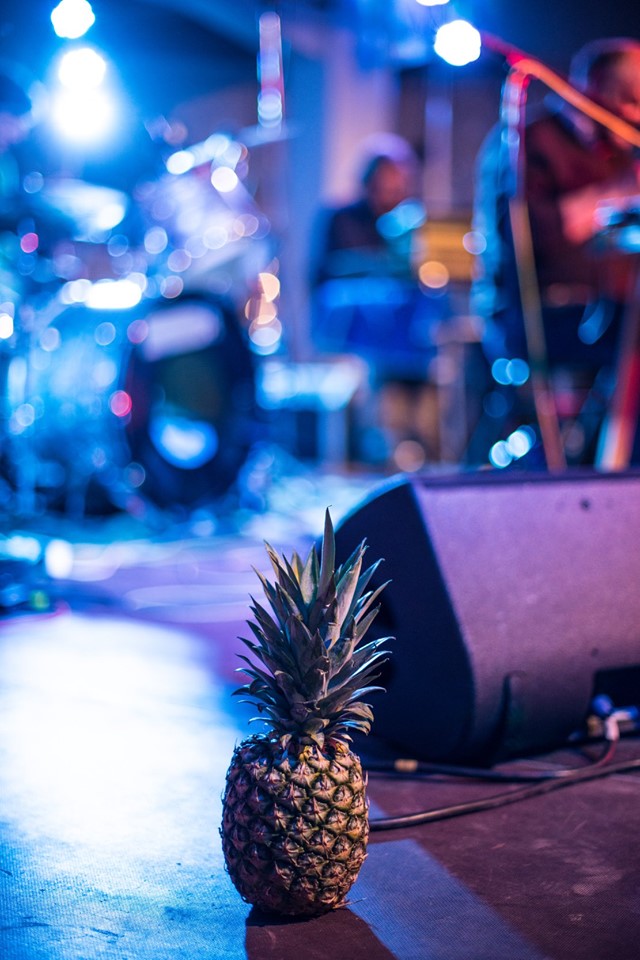
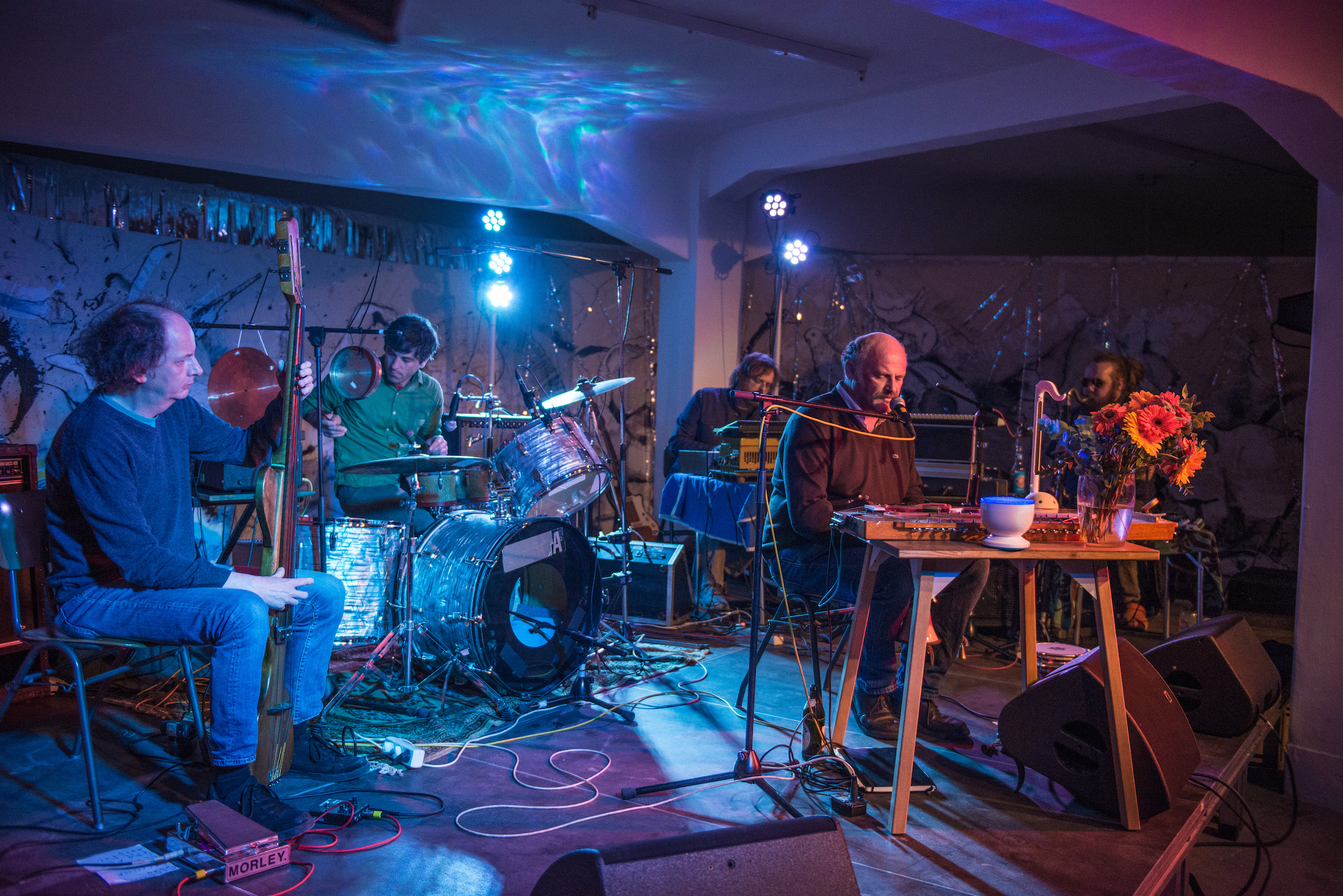

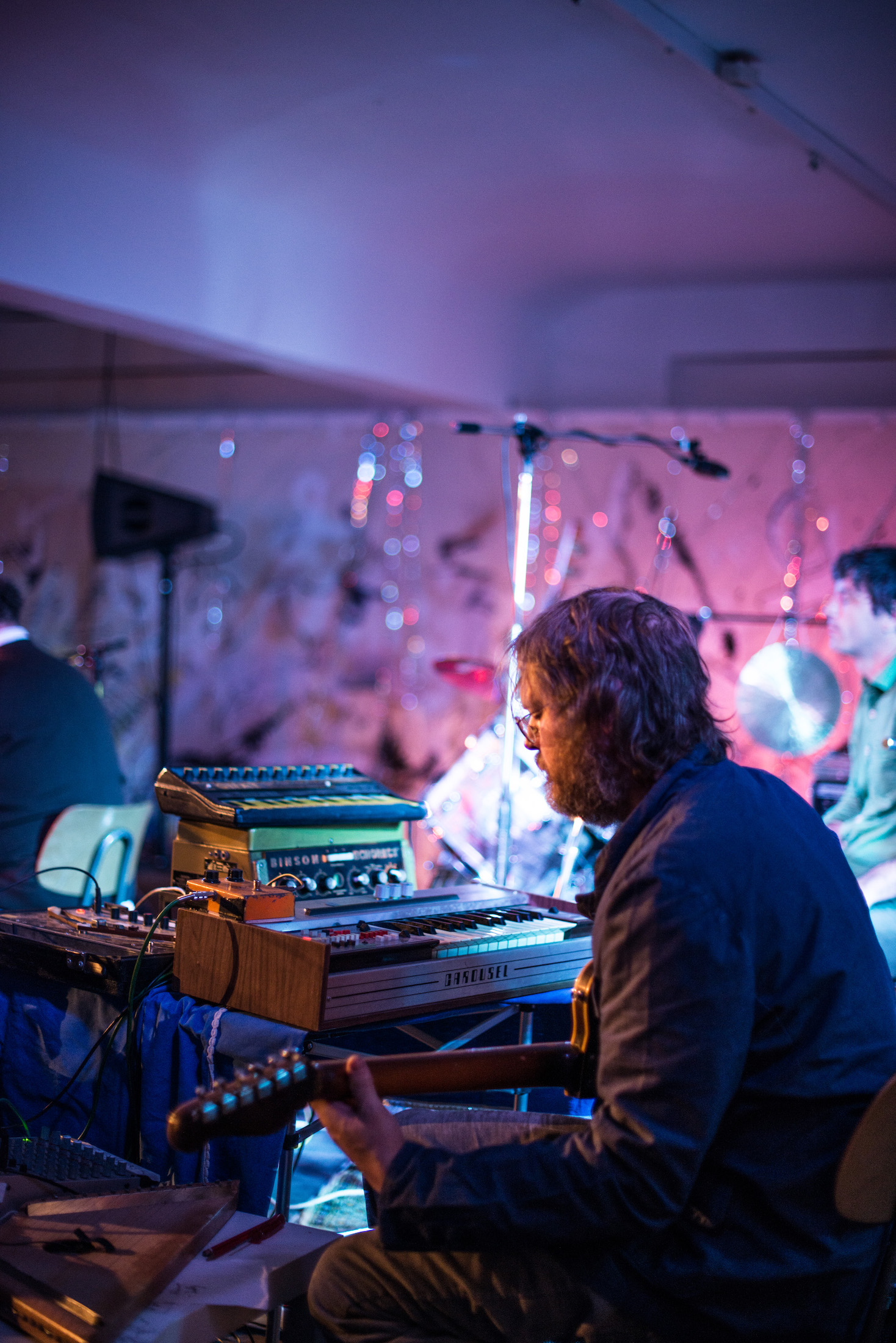
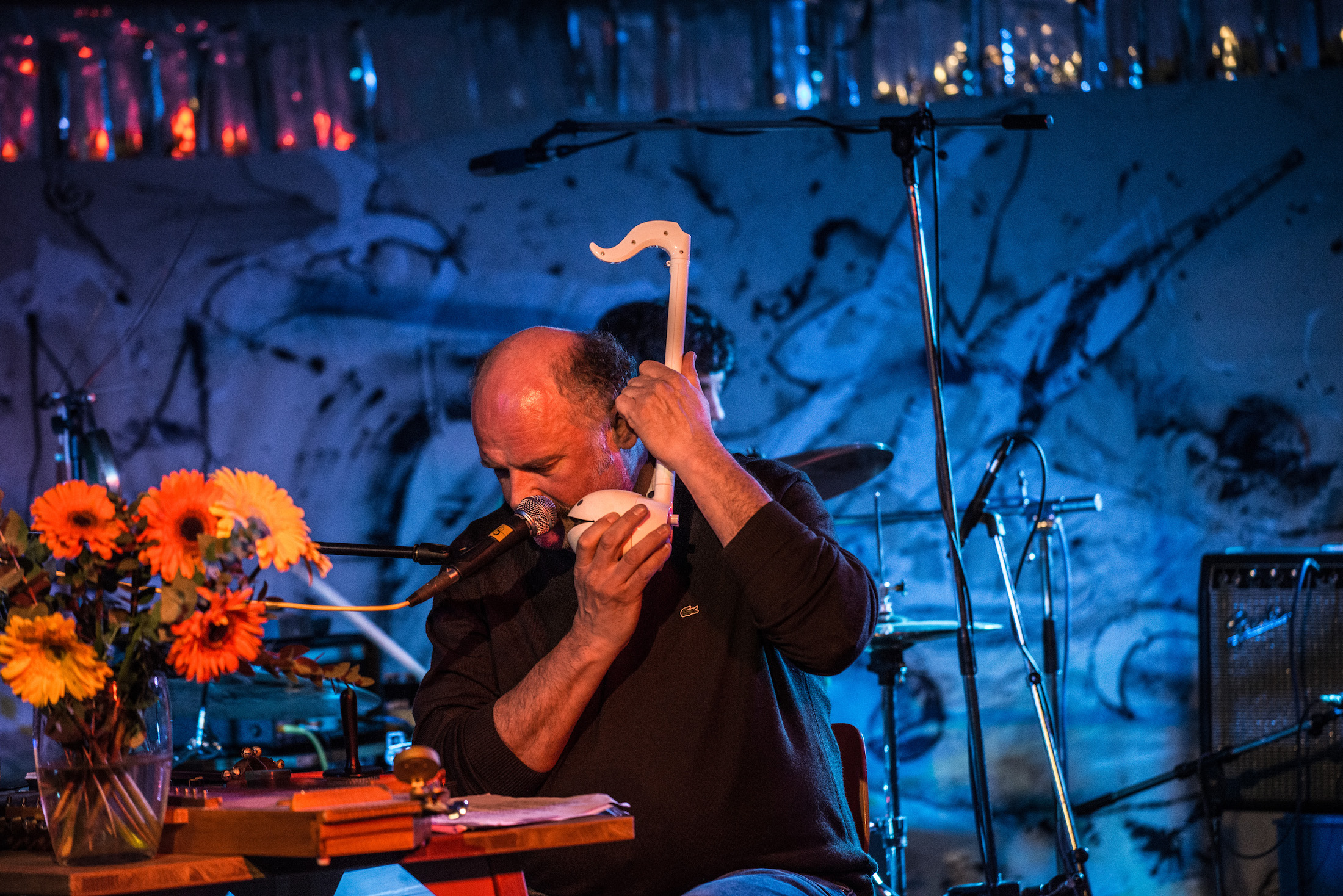
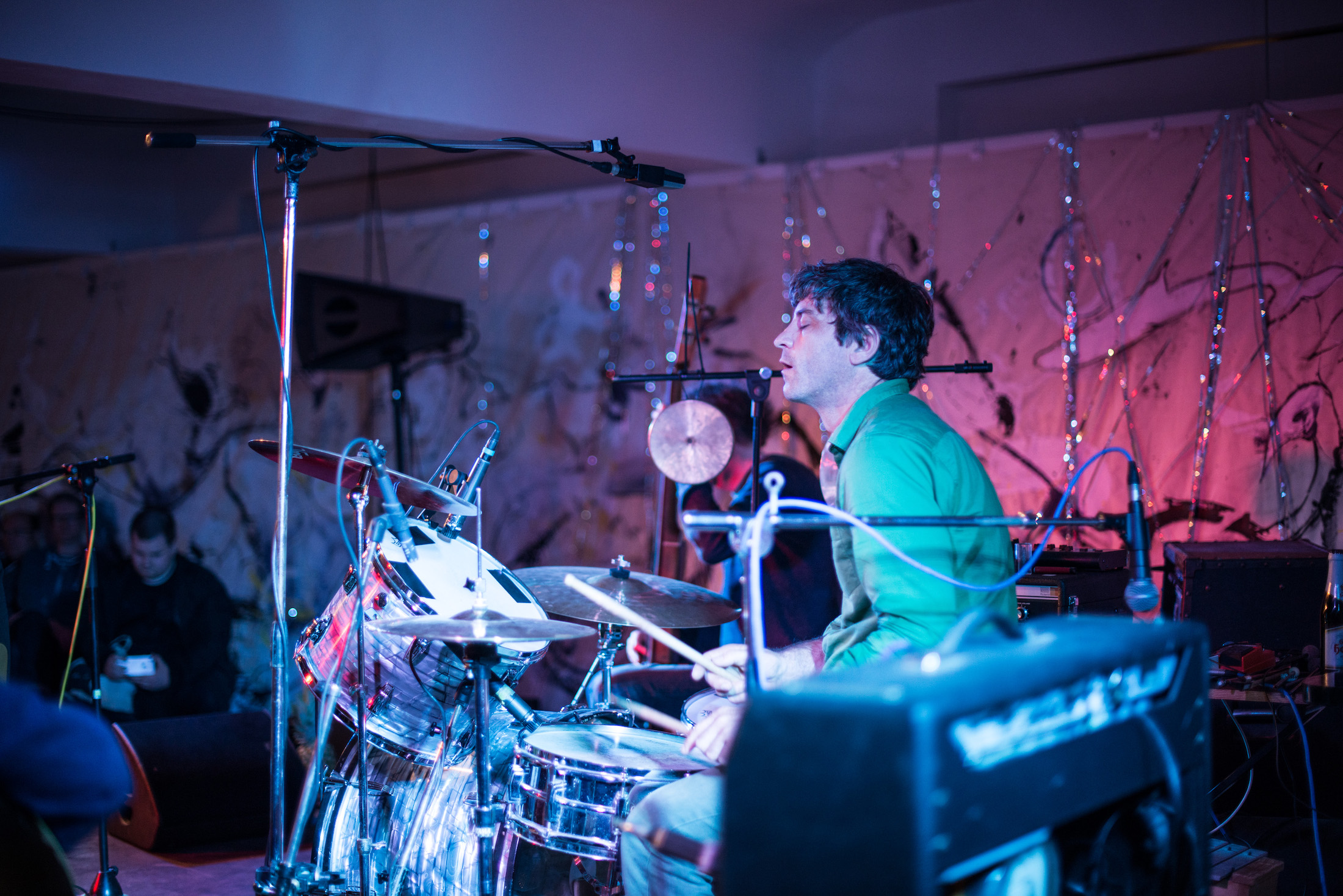


Zauber der Moderne is a three-day music festival at Künstlerhaus Stuttgart, extending across two levels, with concerts and performances, a screening programme and salon. The festival is open daily from 4pm with films by amongst others, Cosey Fanni Tutti, Tim Plester, Rob Curry and Richard Olivier, and dinners prepared by Björn Luchterhand. The festival is conceived with set design by Julia Lenzmann and Monika Nuber, with visual elements by Graham Lambkin and Christian Flamm.
PROGRAMM
Alasdair Roberts
F.S.K.
Vic Godard & Subway Sect

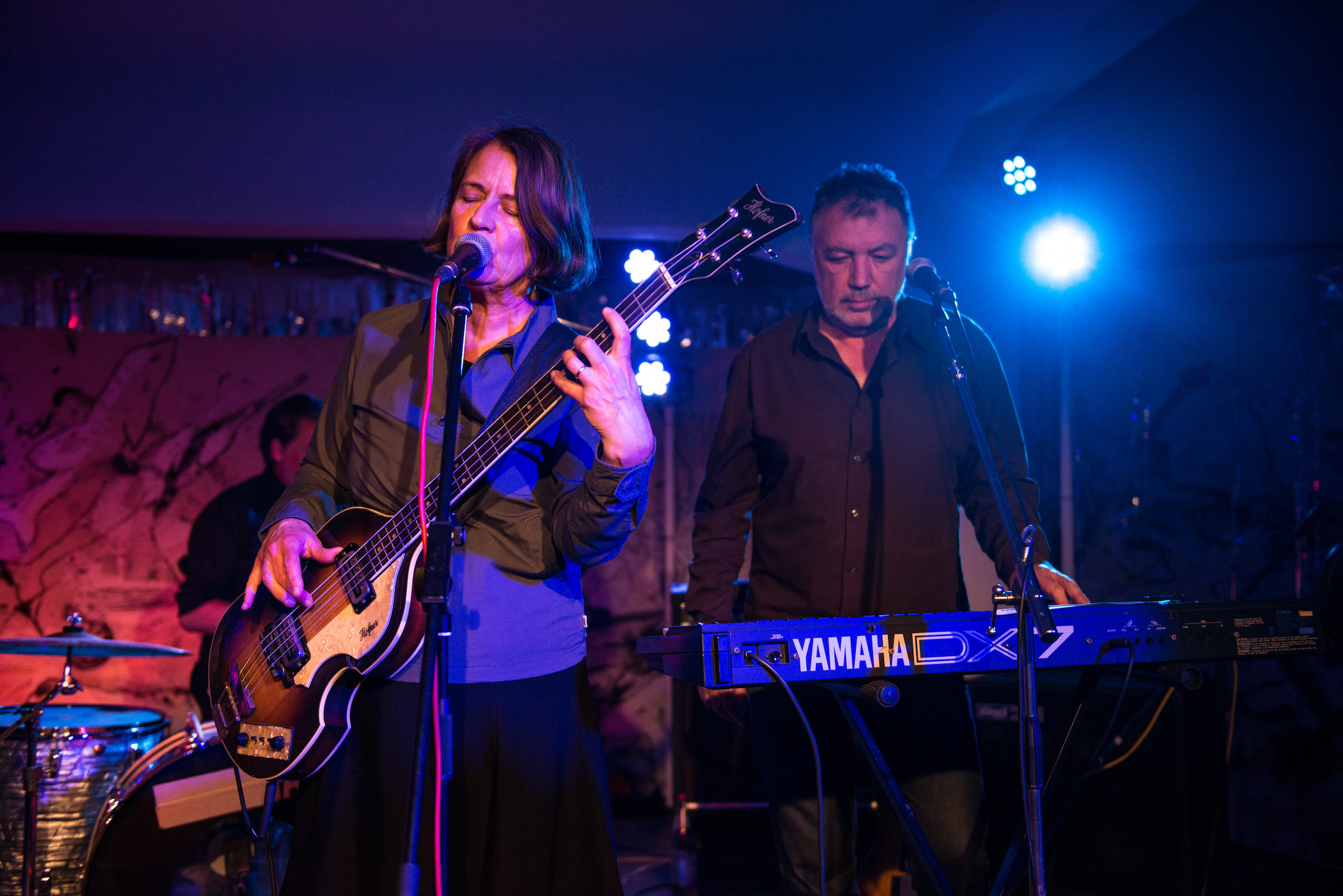
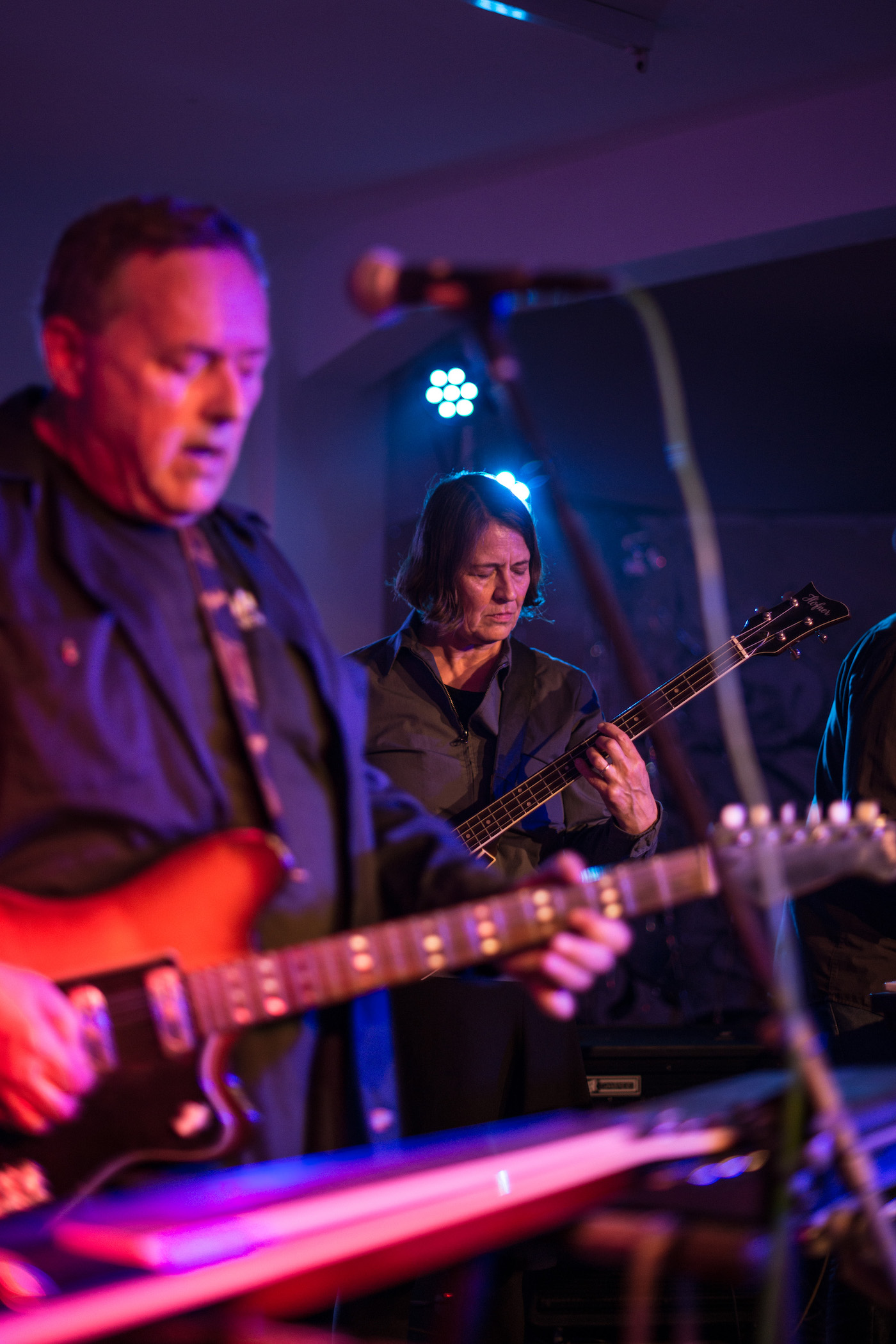
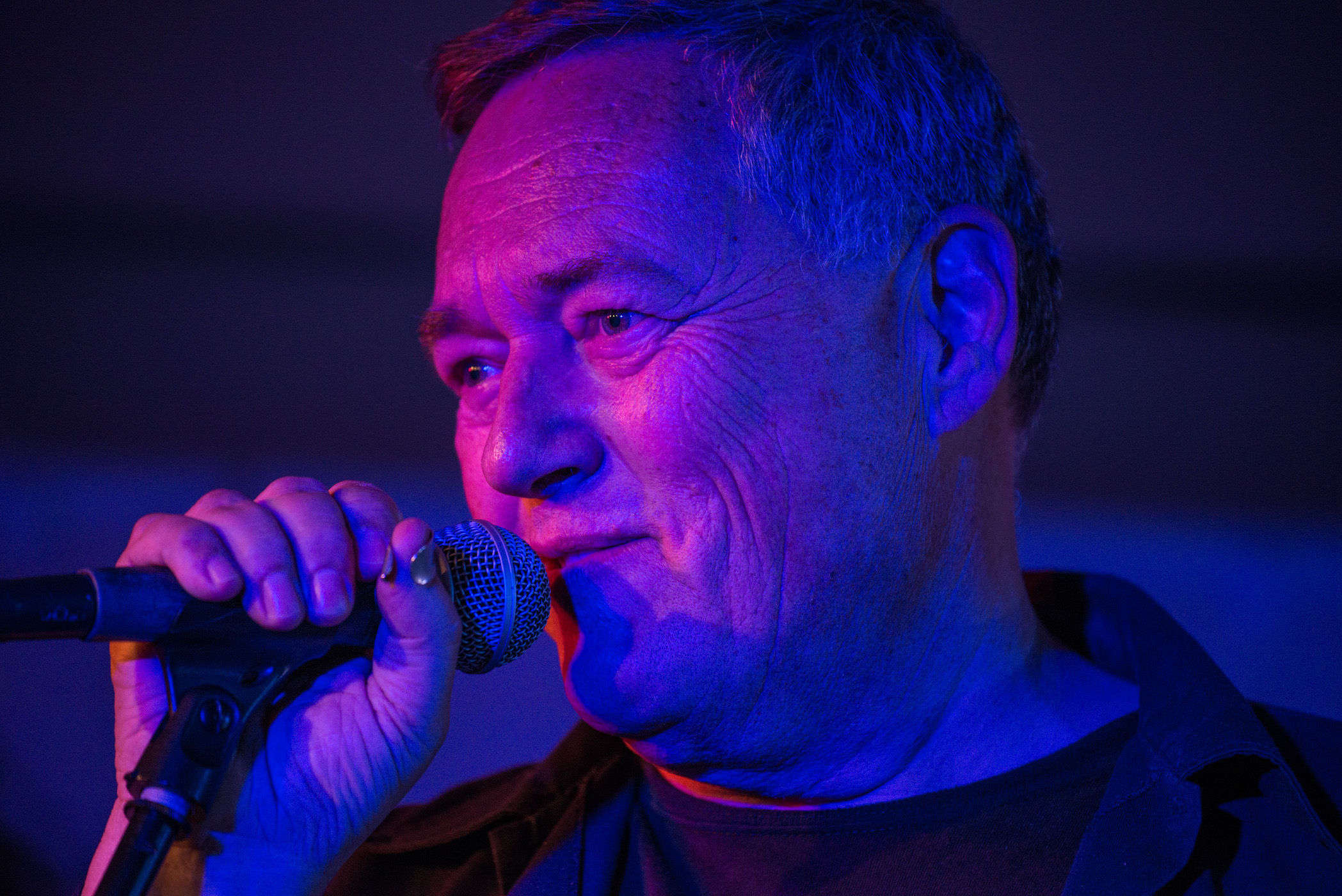
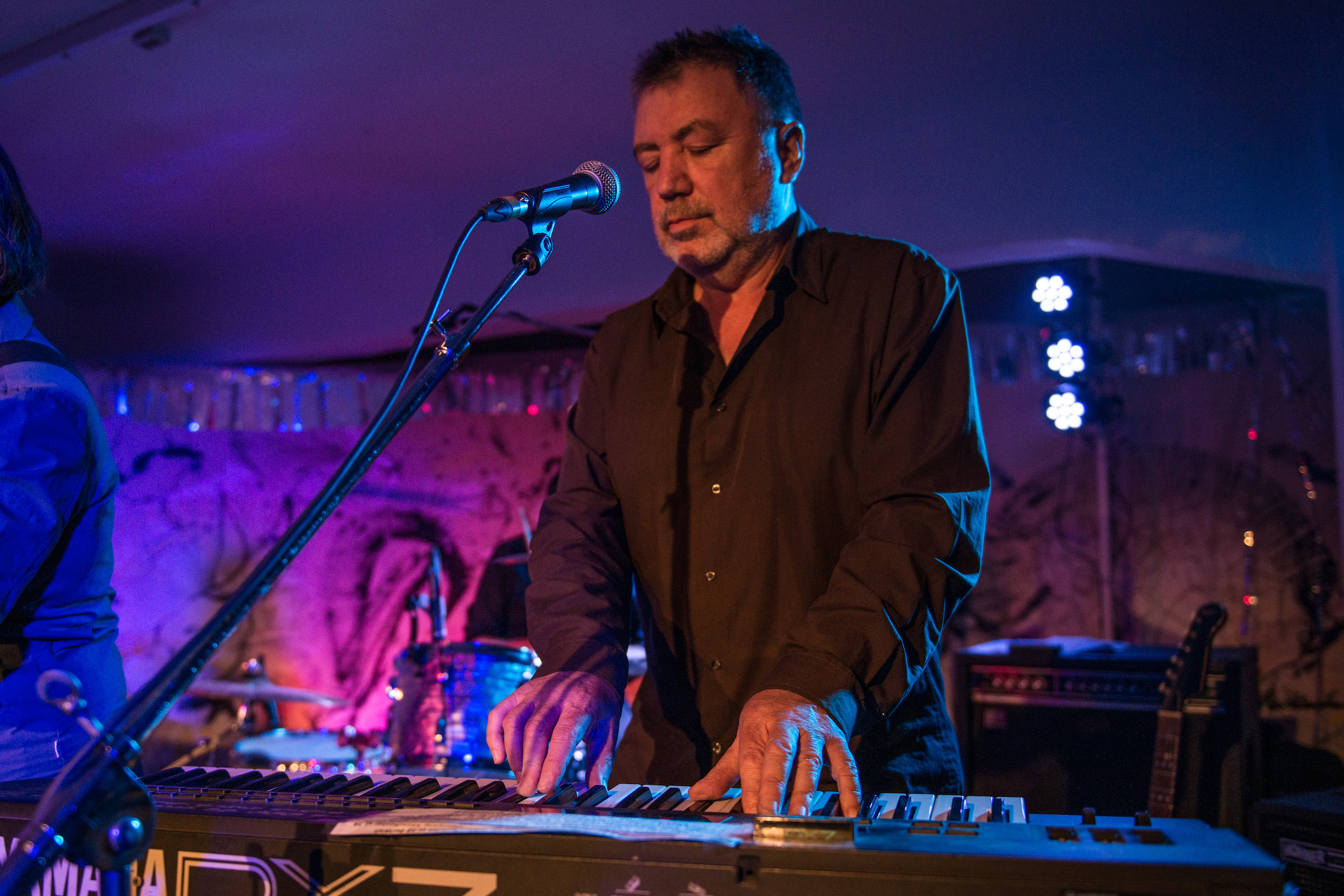

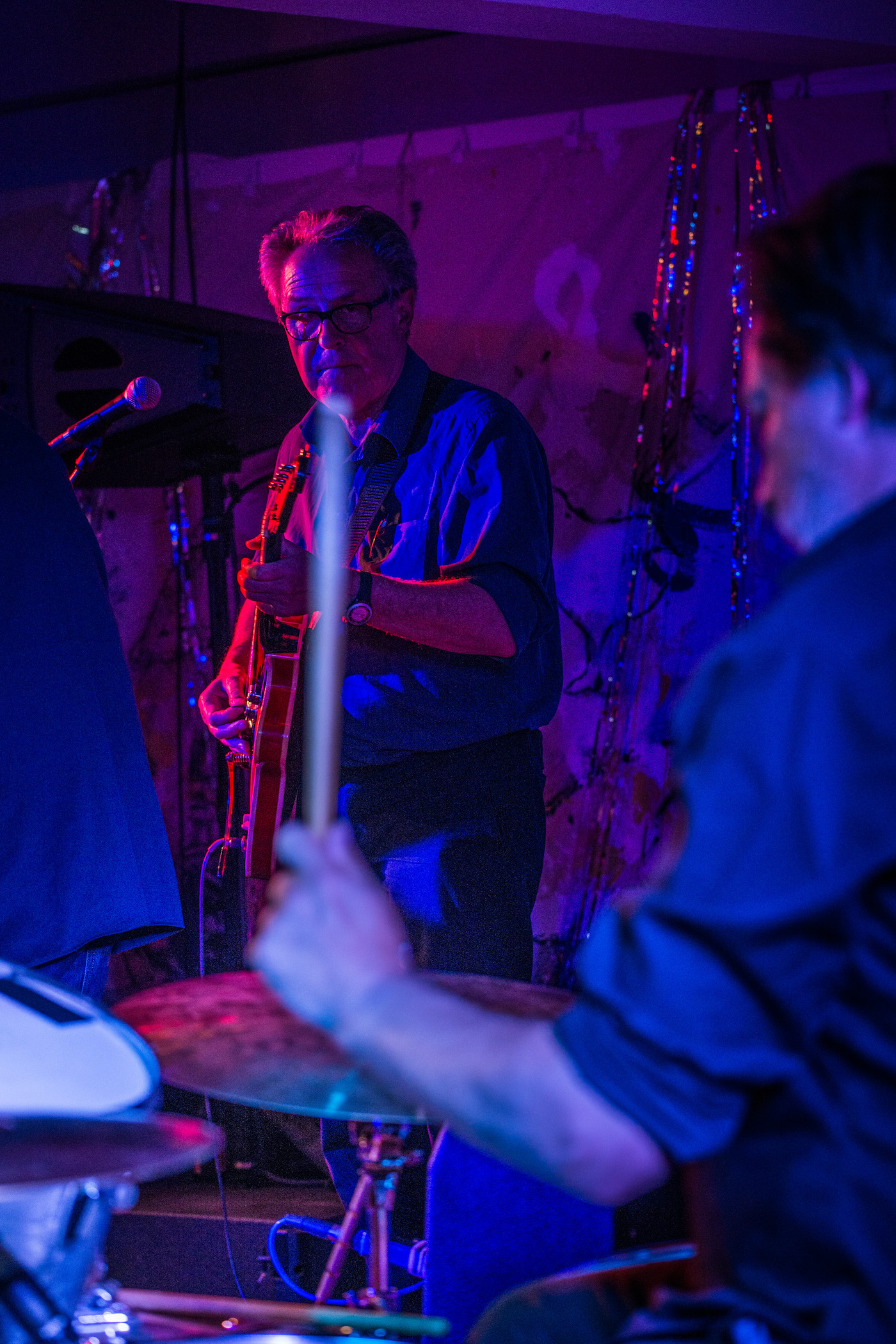
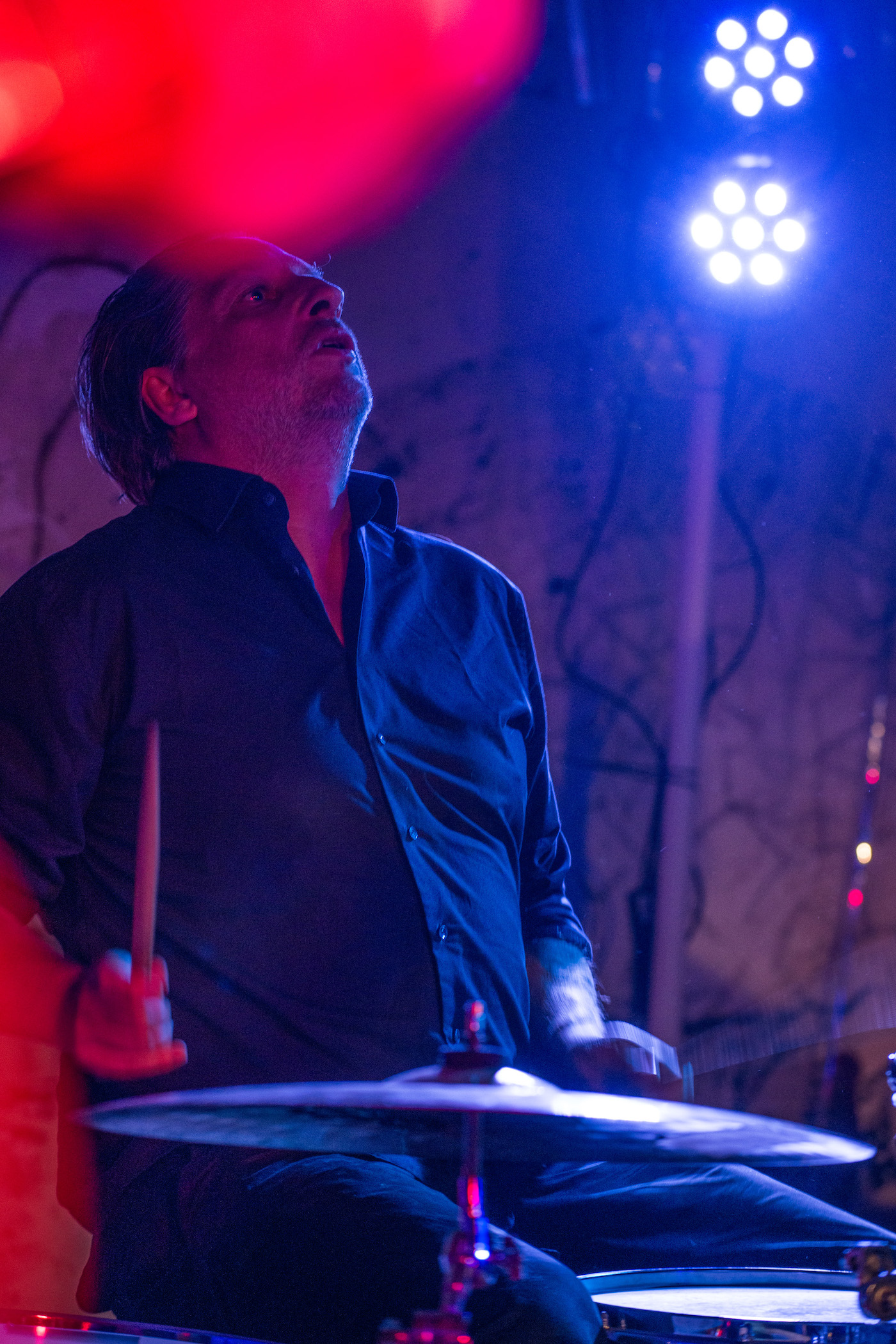

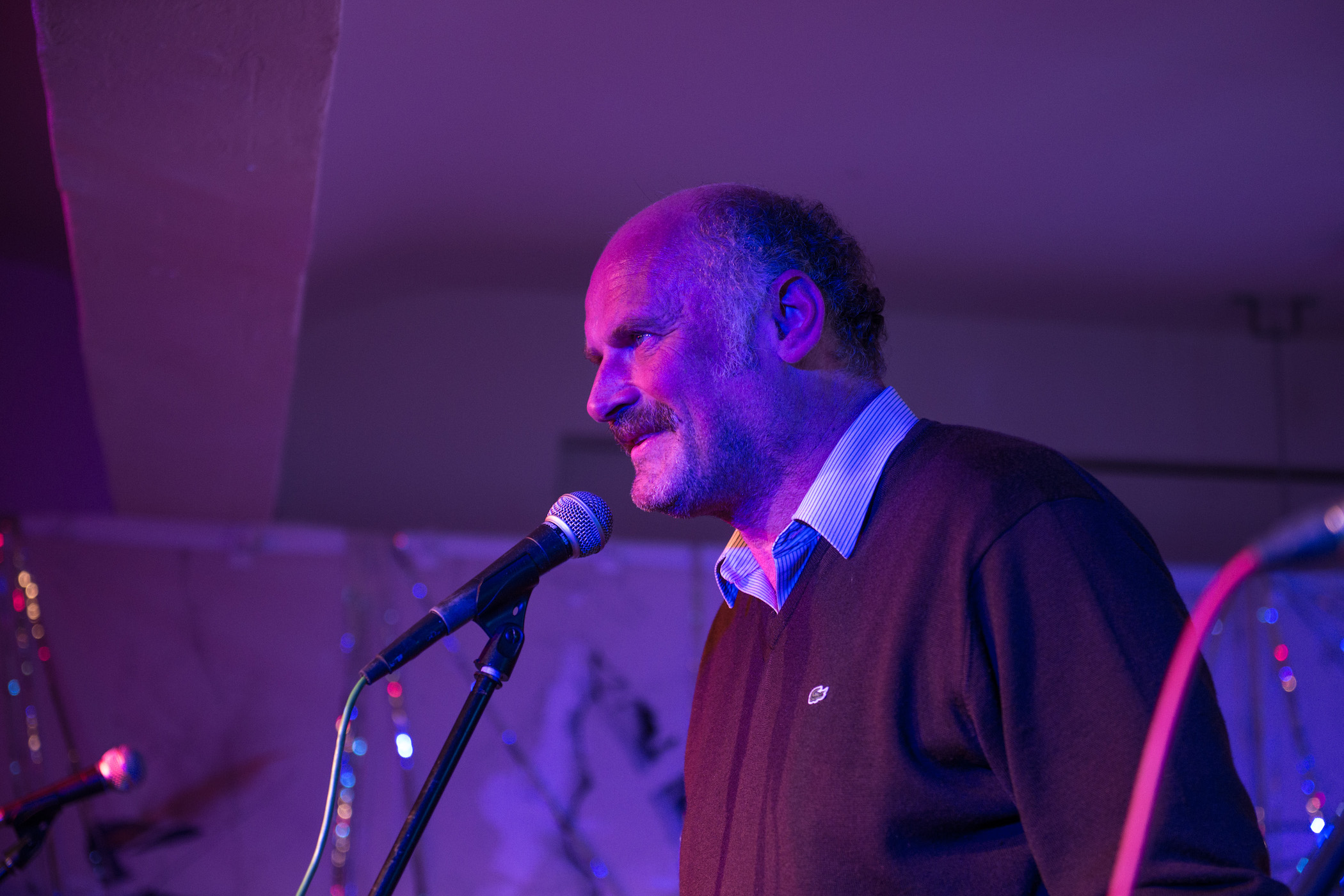
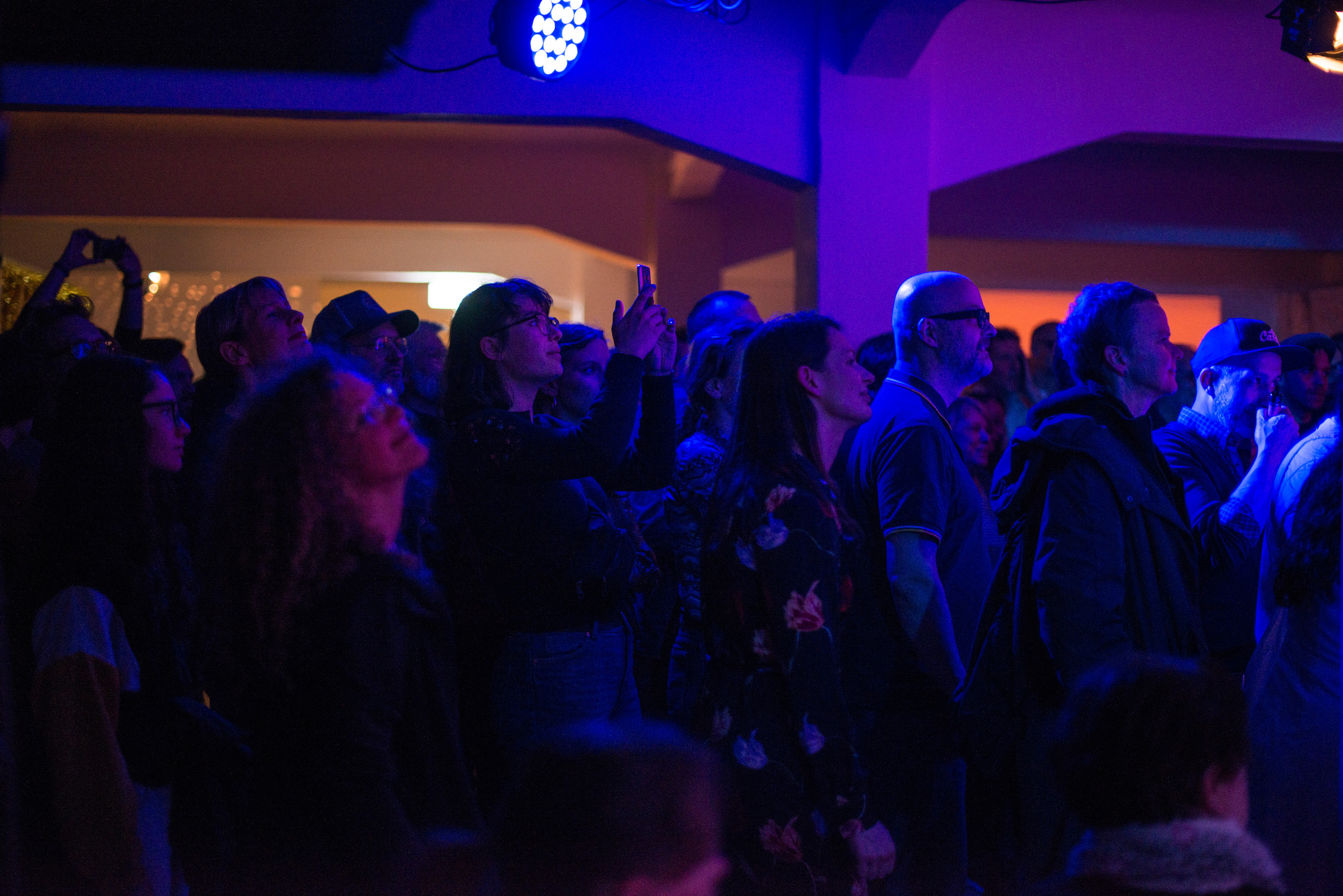
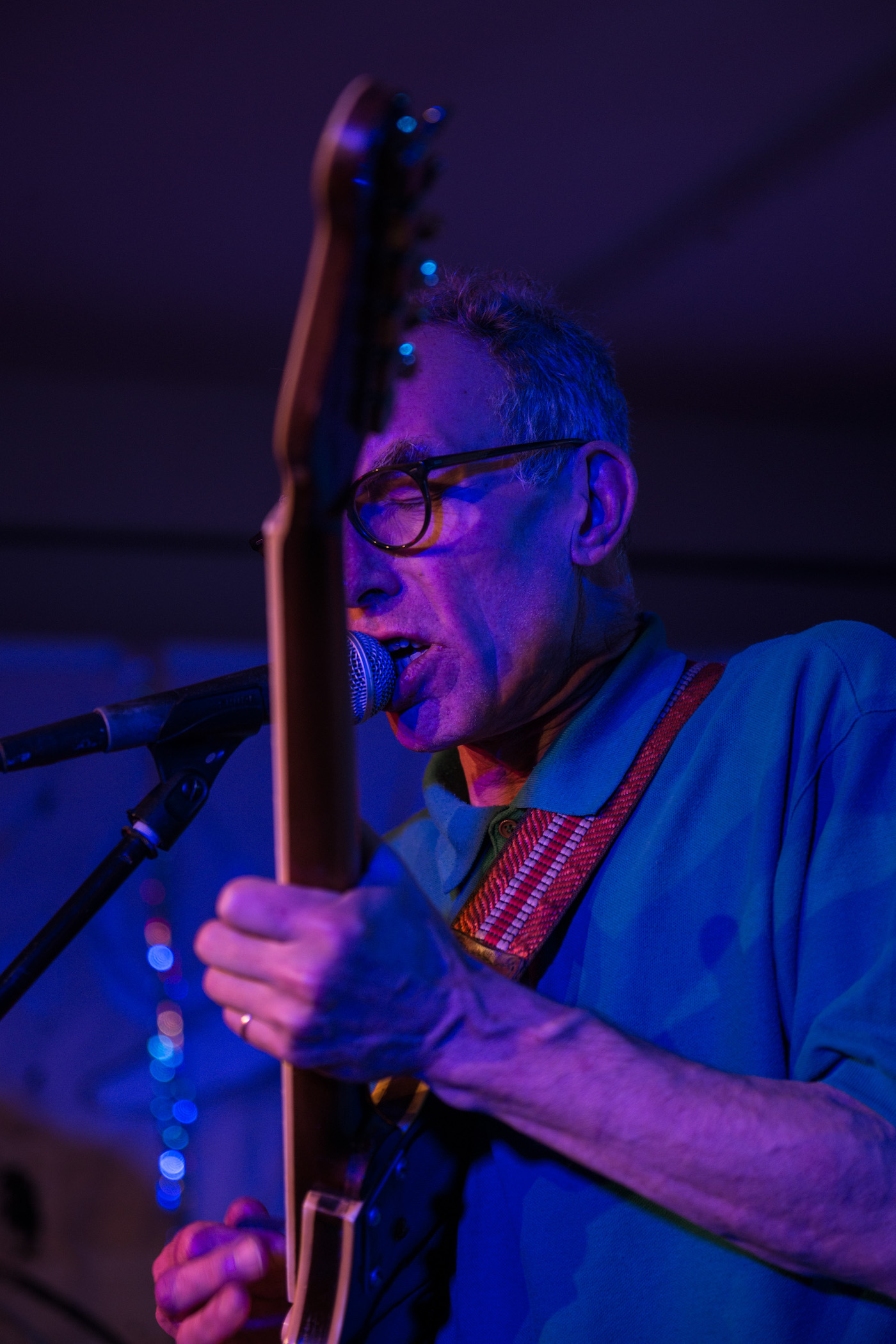
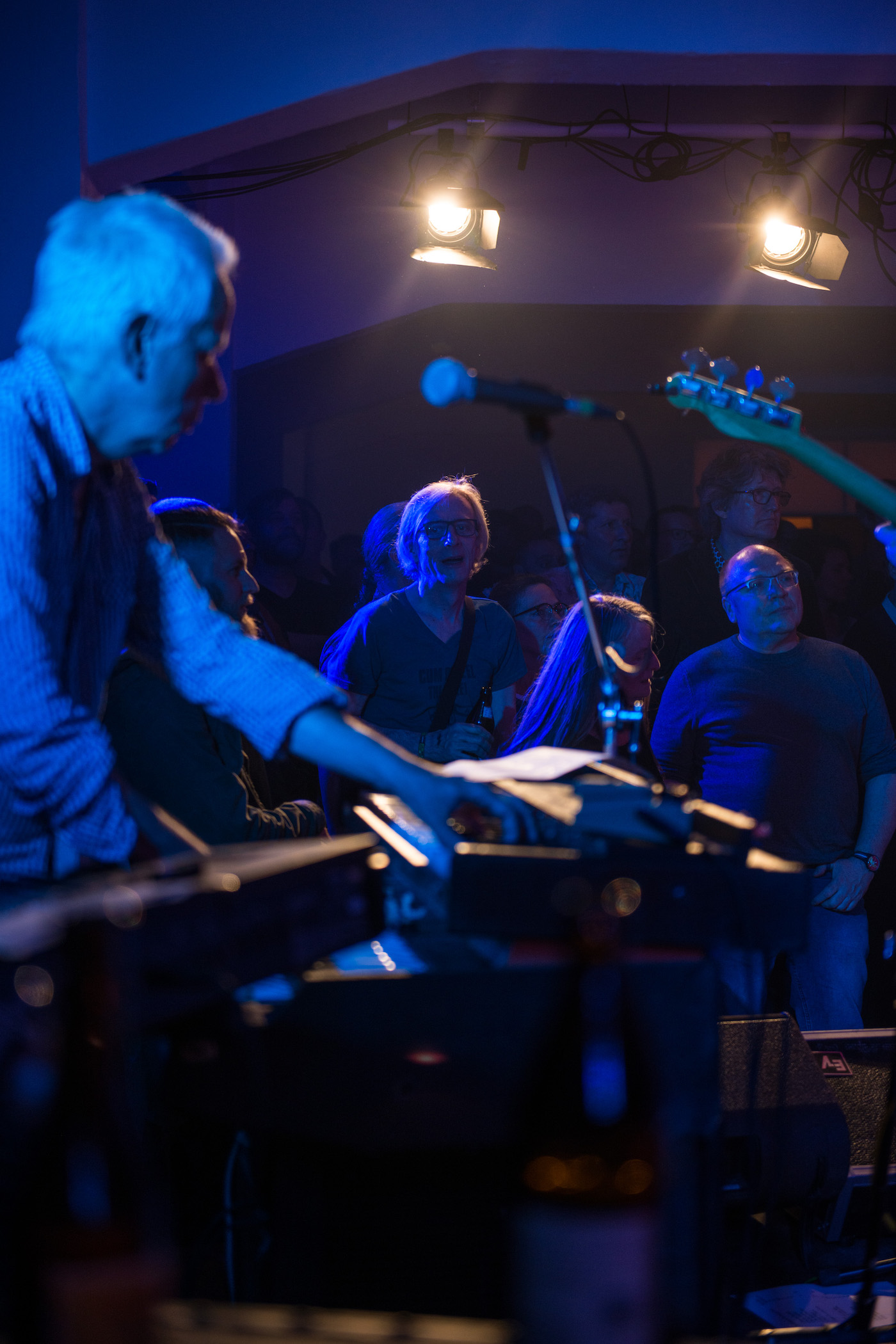
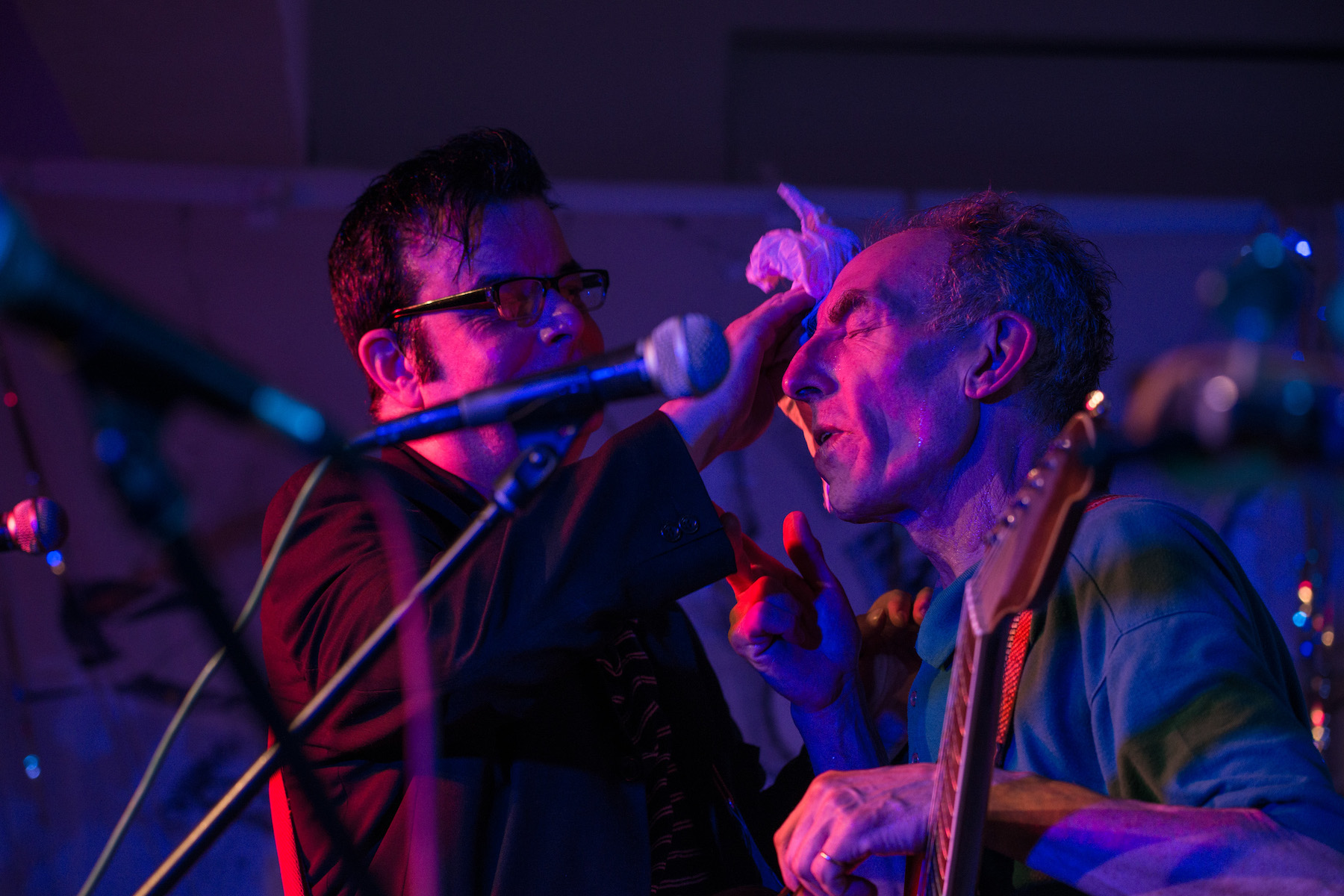
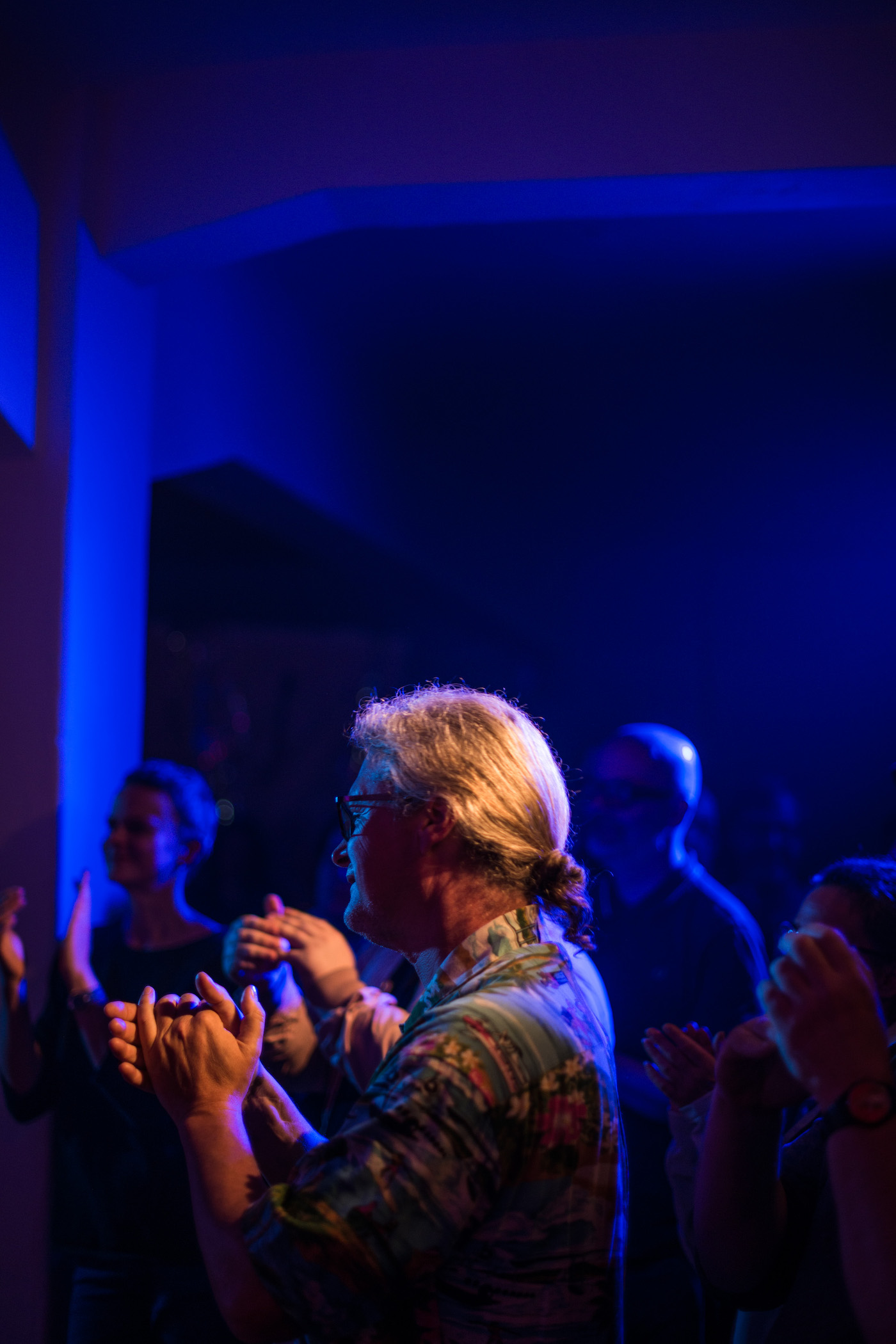


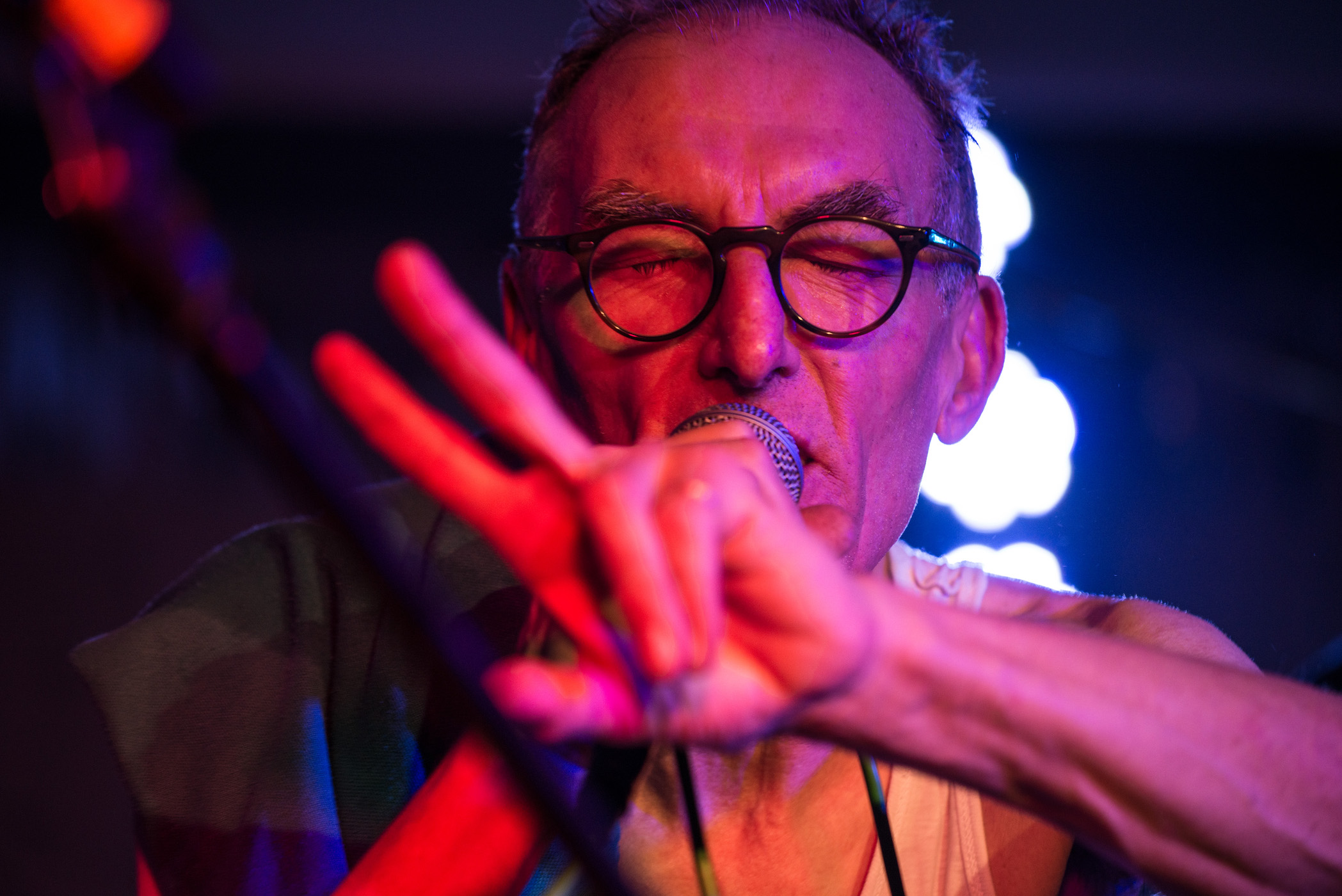
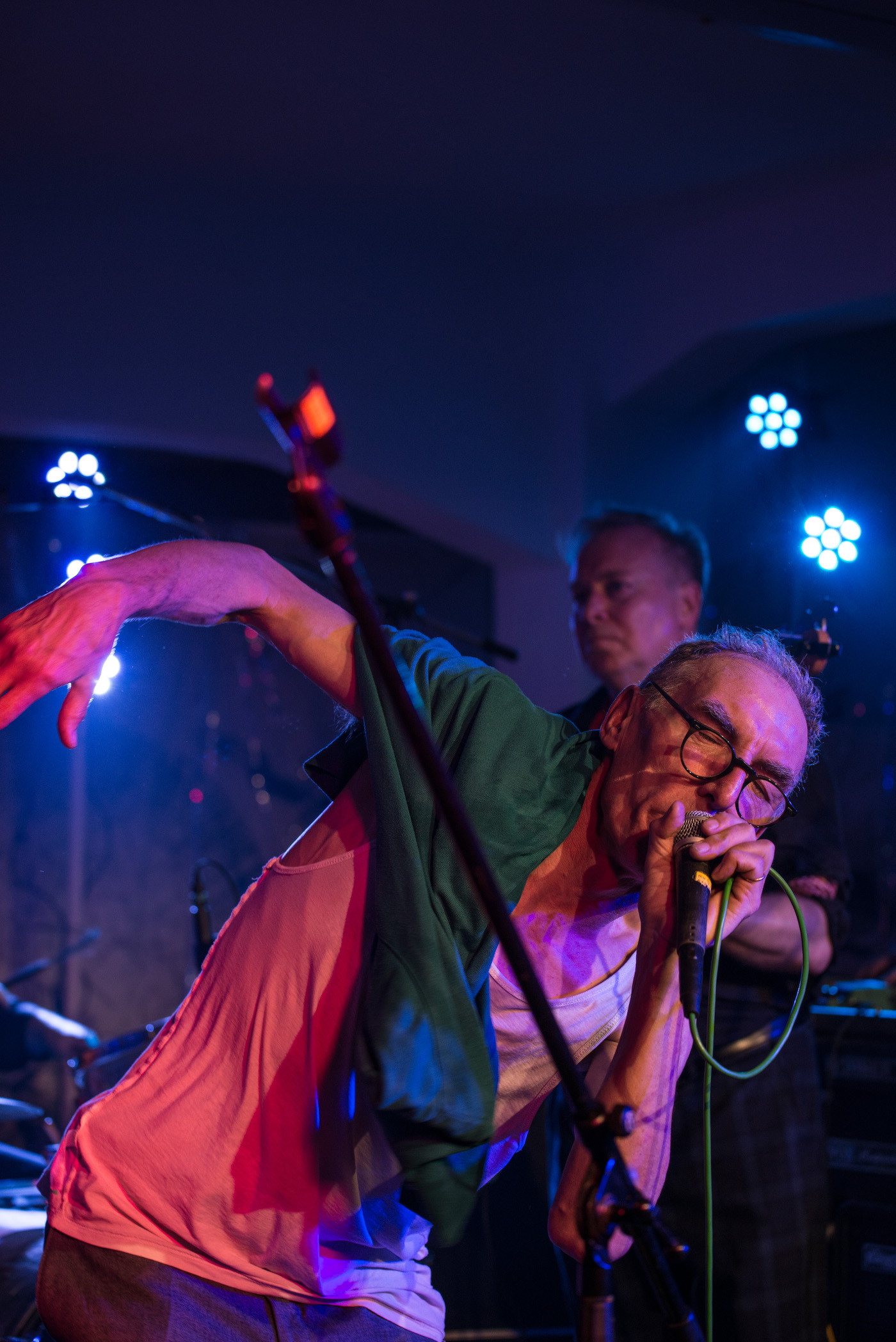
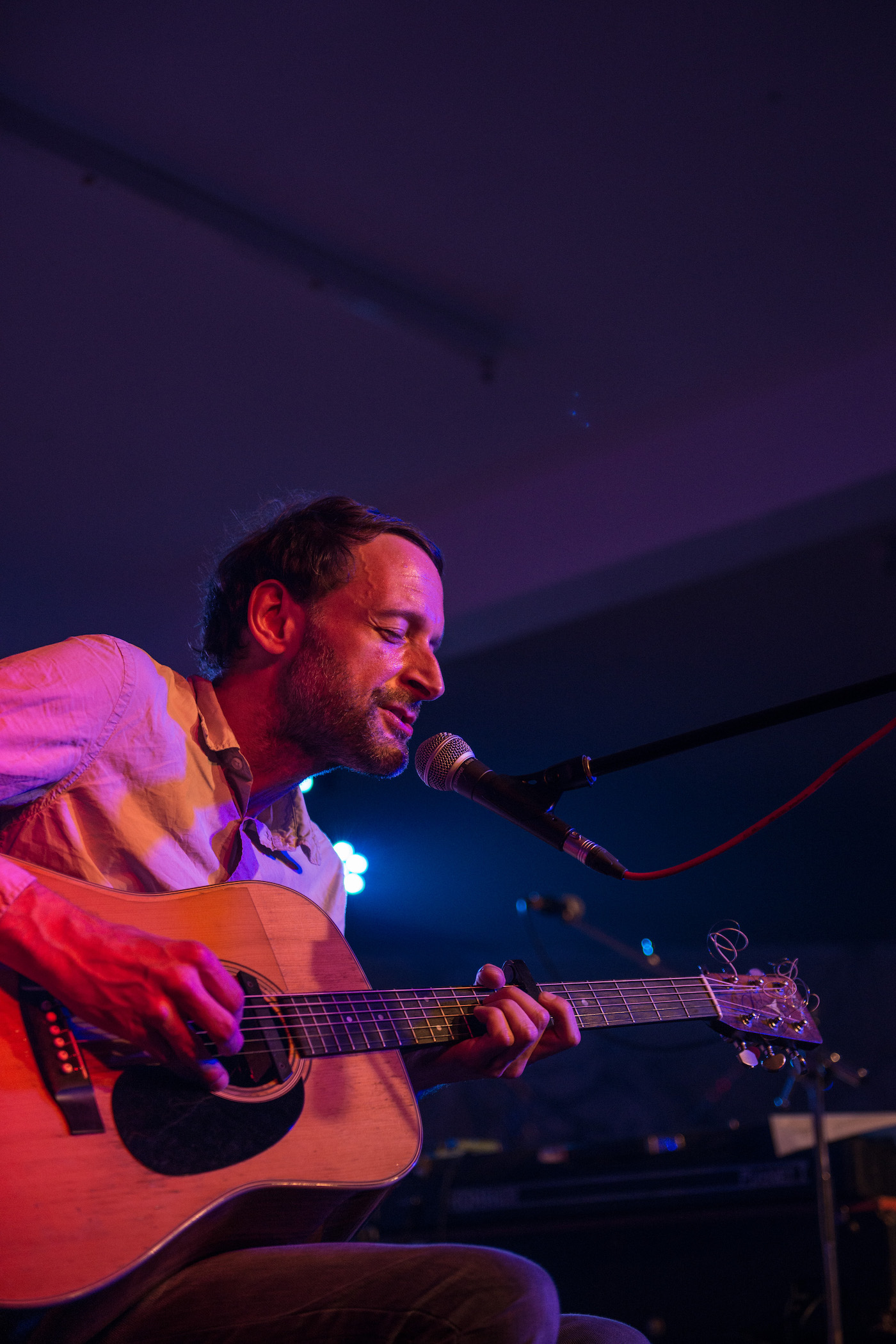
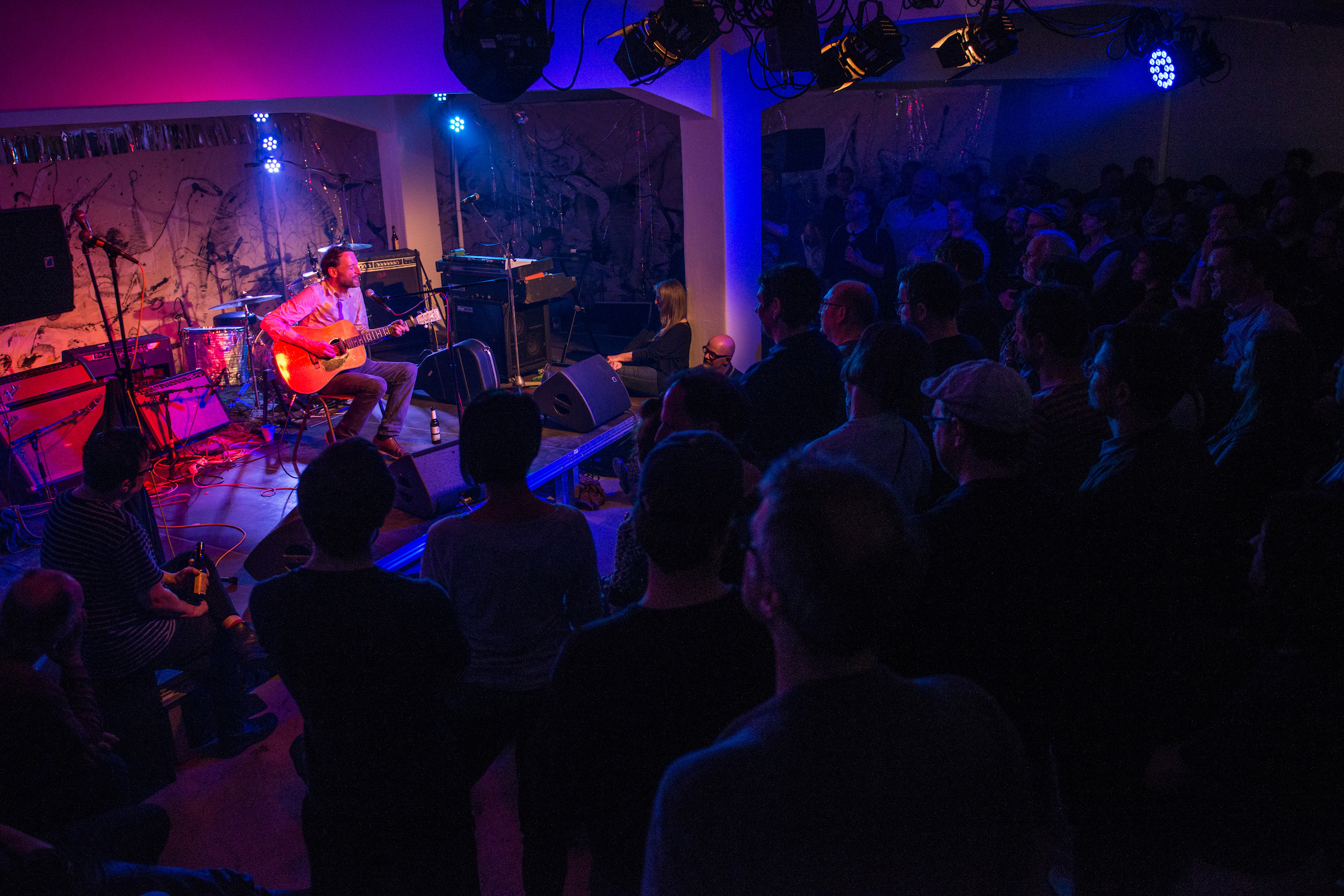
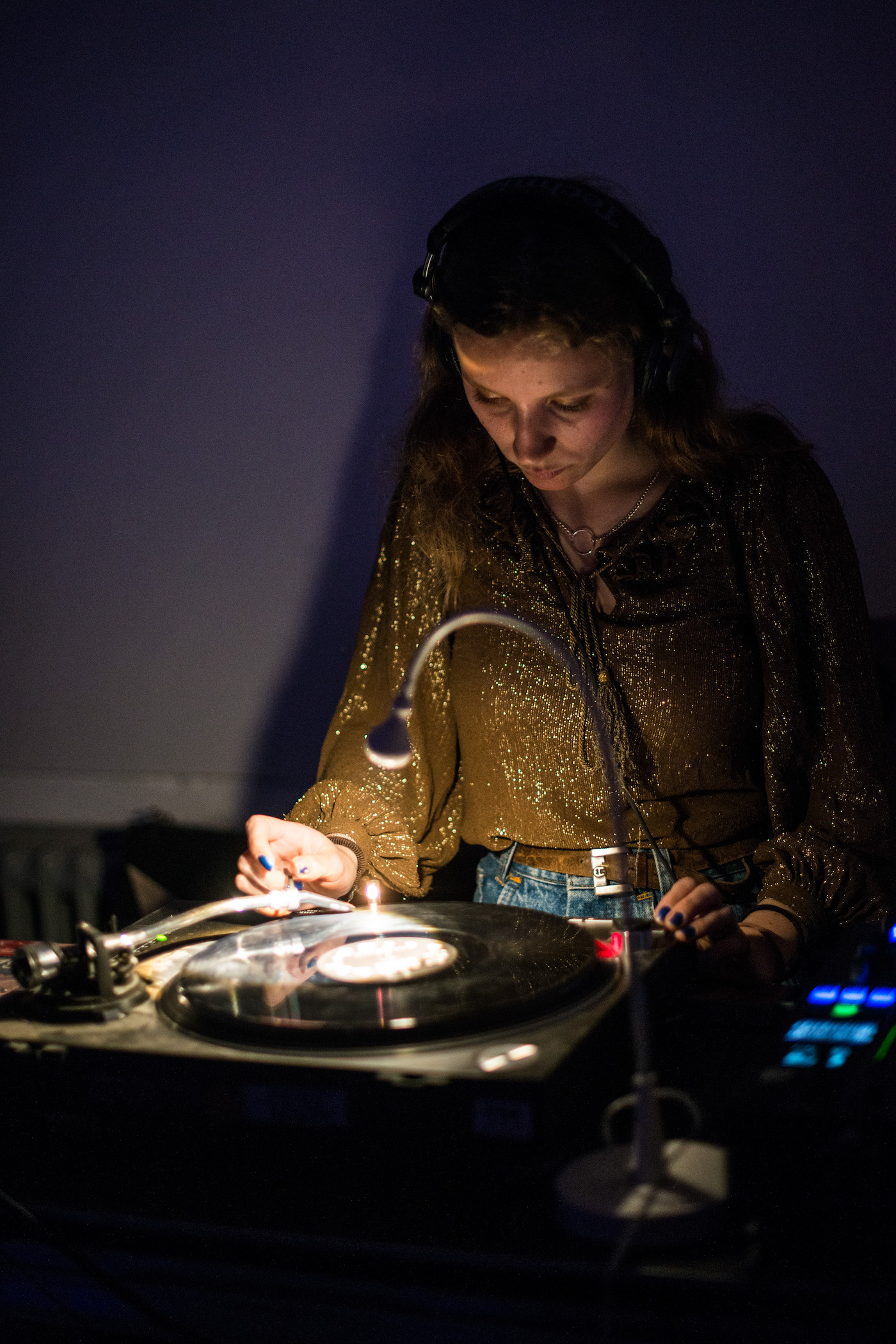
Zauber der Moderne is a three-day music festival at Künstlerhaus Stuttgart with Richard Youngs, Shirley Collins, Graham Lambkin, Alasdair Roberts, F.S.K., Vic Godard & Subway Sect and Metabolismus.
This is a wilfully assorted combination of sensibilities and approaches, where connections extend beyond stylistic categories and speak of shared affinities: the sounds contain certain contingent and transformative qualities, as well as being brought together by the programmers being fans and followers of the music. Zauber der Moderne is conceived as a total experience extending across two levels of Künstlerhaus – there will be a film programme in the cinema, running alongside the music festival, a salon and bar with food and drink – looking to gather and combine the avant-garde music and arts scenes of Stuttgart and beyond.
With visual elements by Graham Lambkin and Christian Flamm, set design by Monika Nuber and Julia Lenzmann, a bar by Moritz Finkbeiner and food by Björn Luchterhand.
PROGRAMME
Friday 3 May from 8pm
Richard Youngs
Shirley Collins with Ian Kearey
Graham Lambkin
Image: Christian Flamm


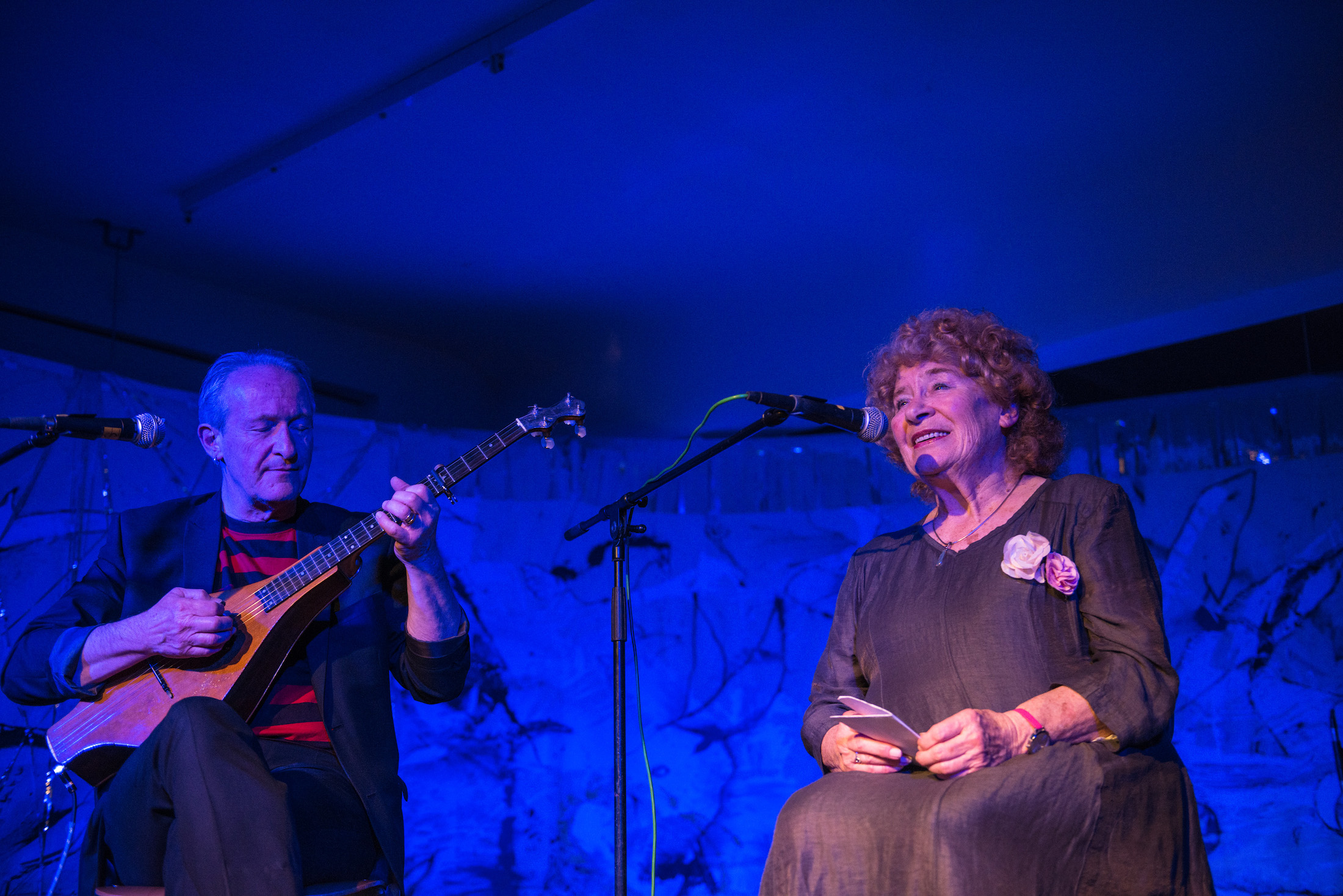
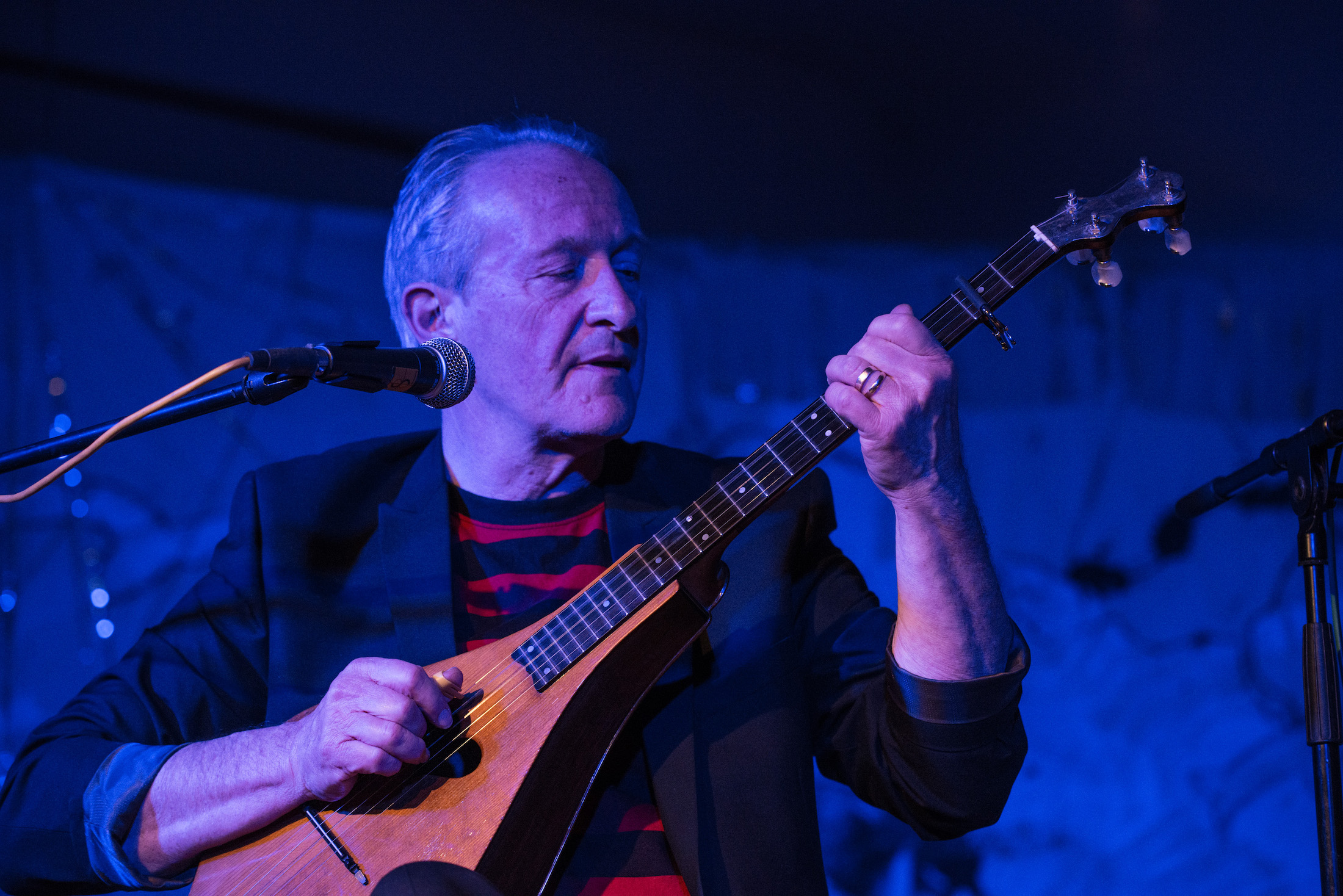
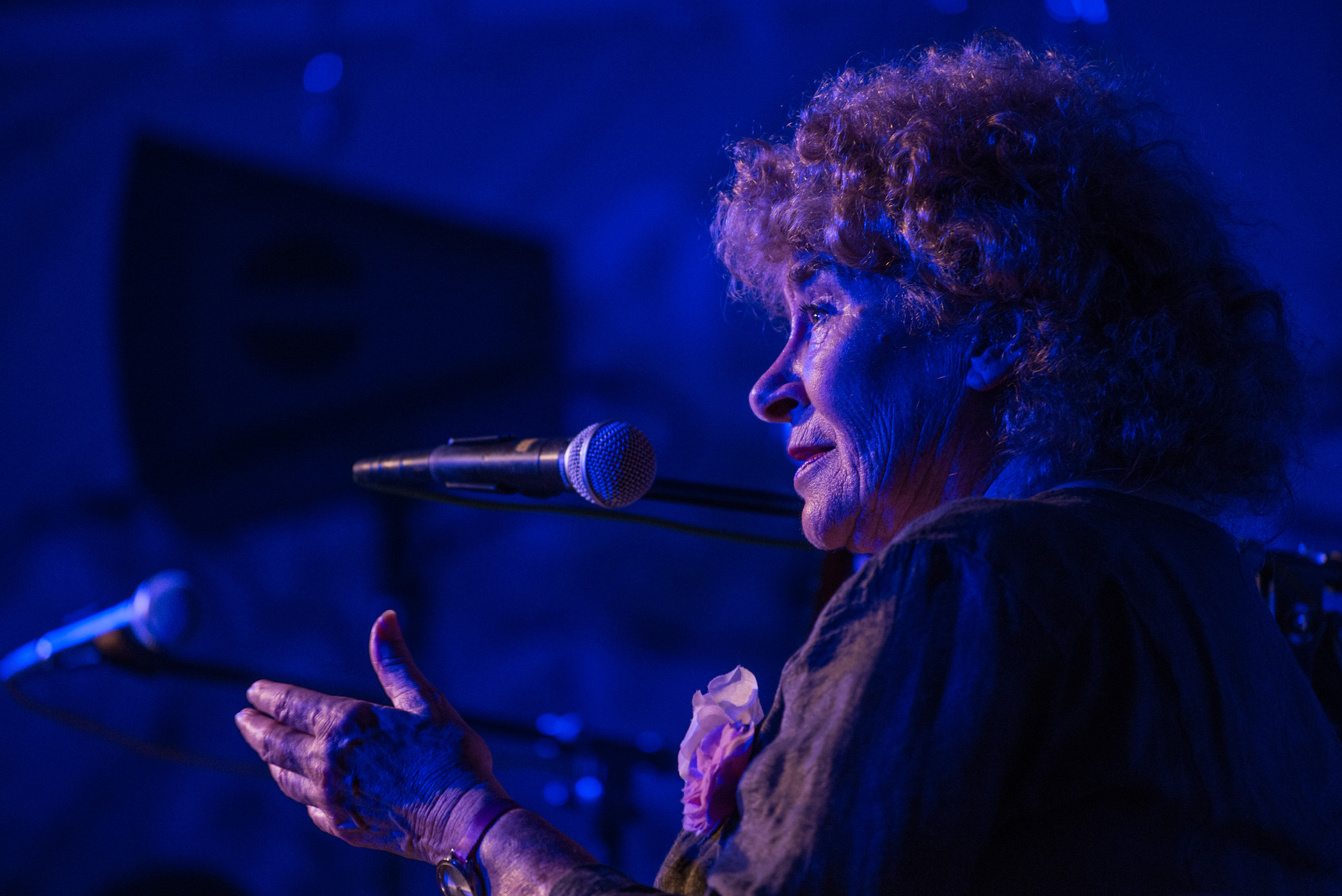
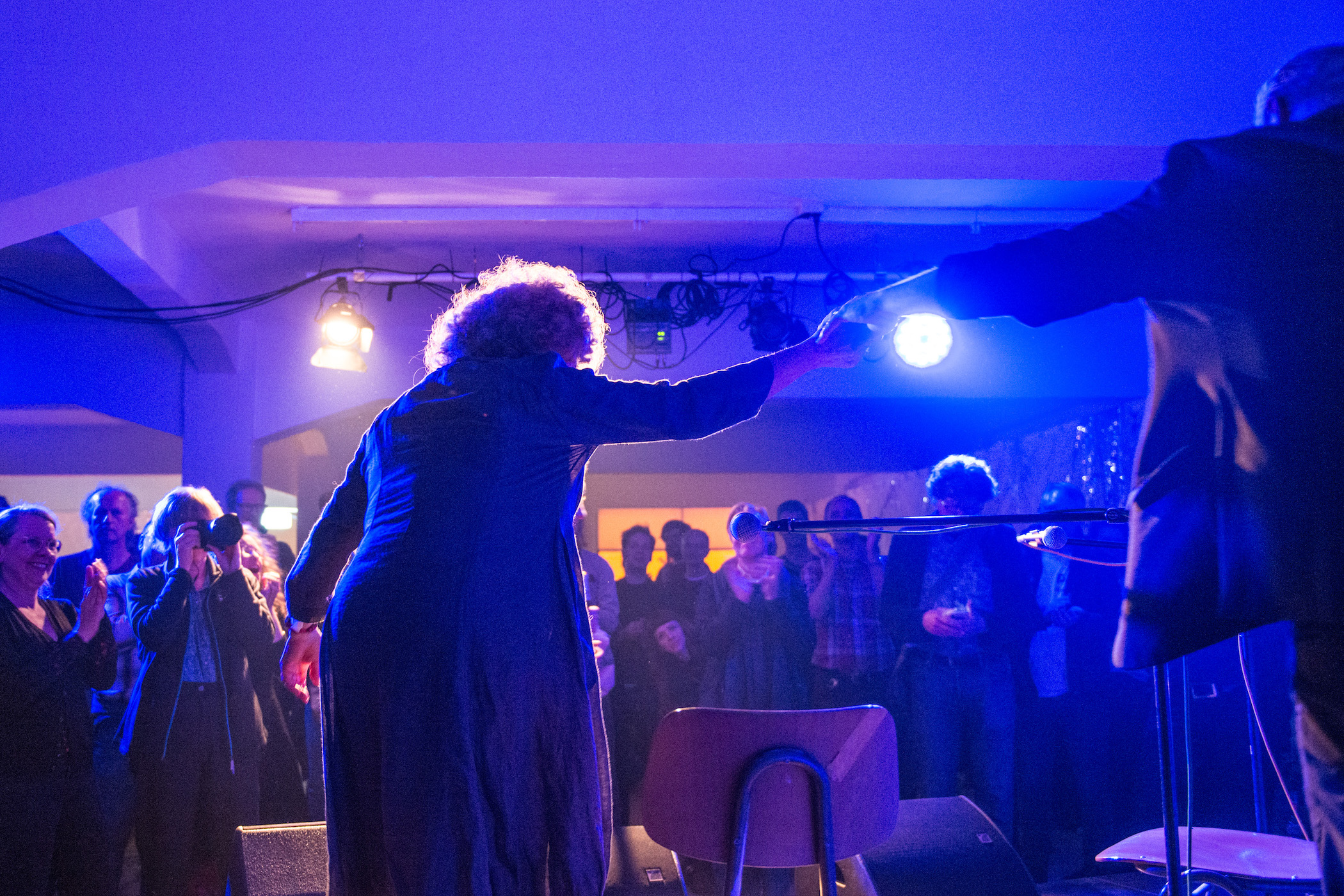
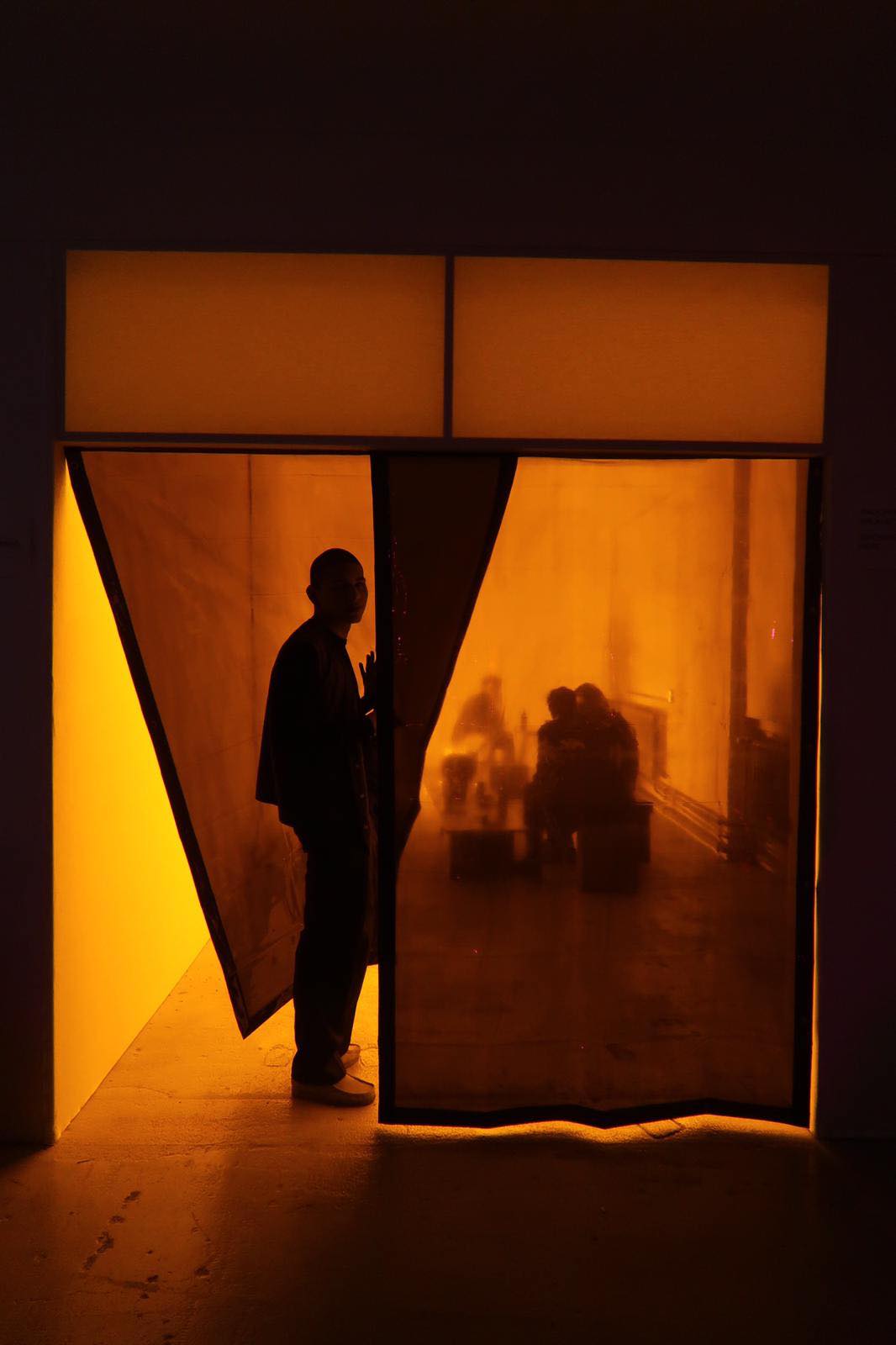
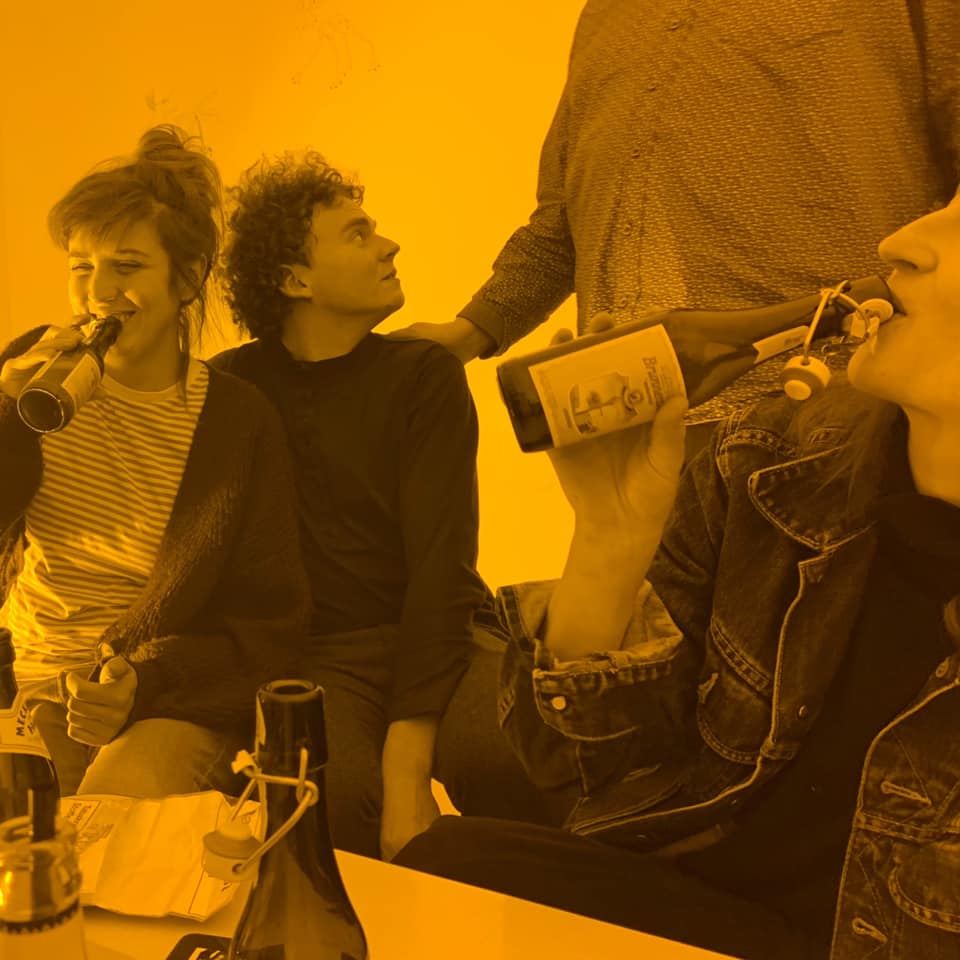
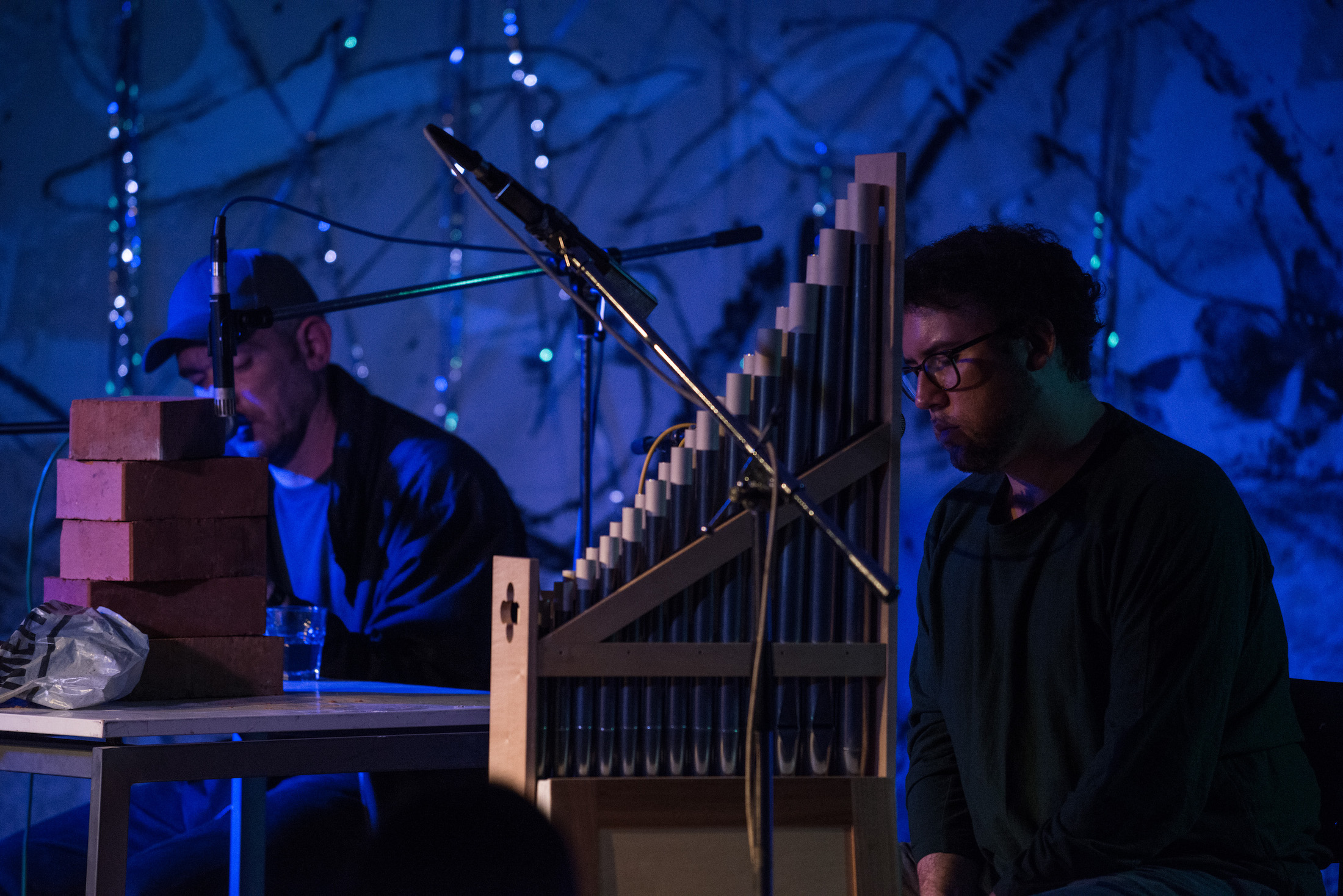

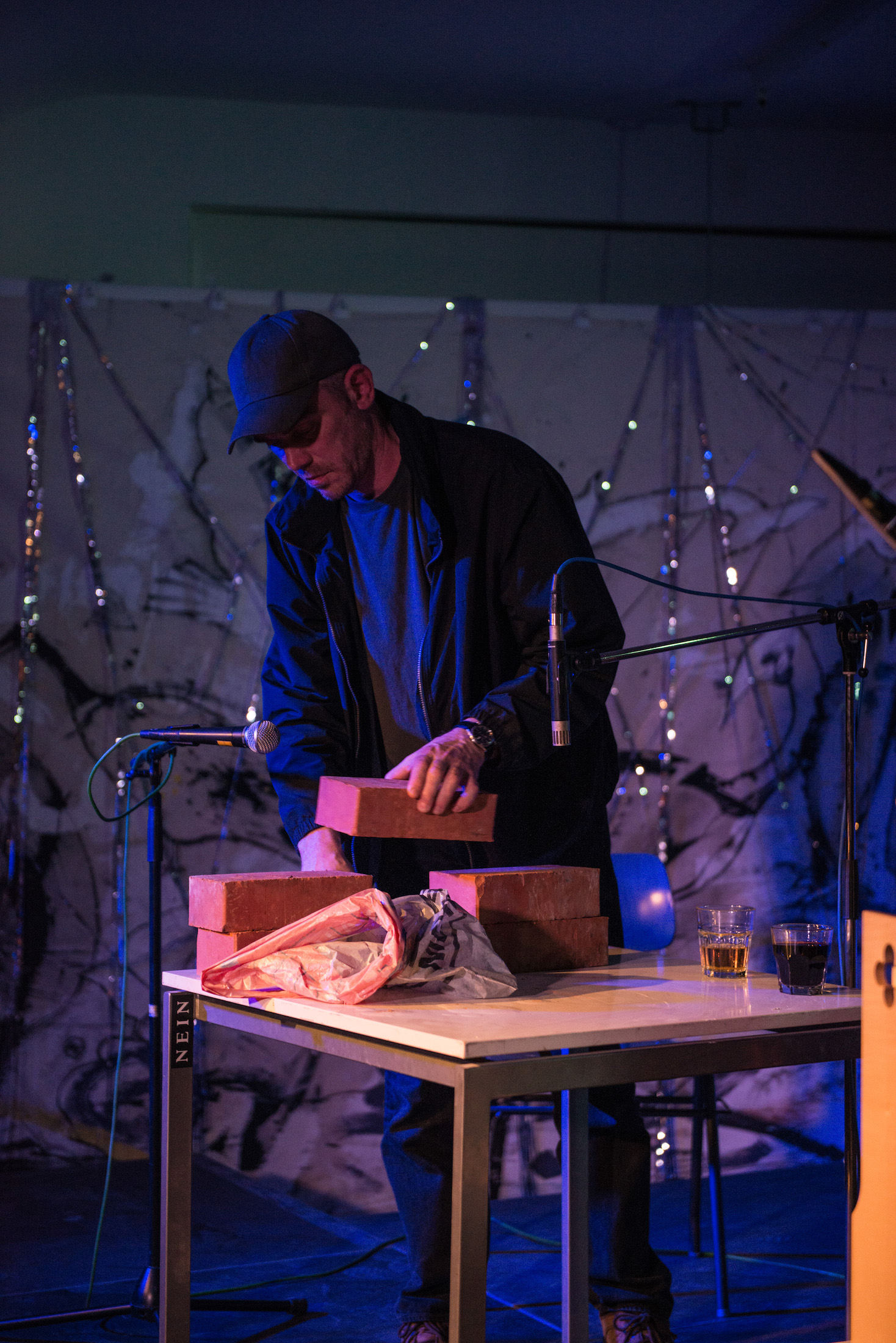
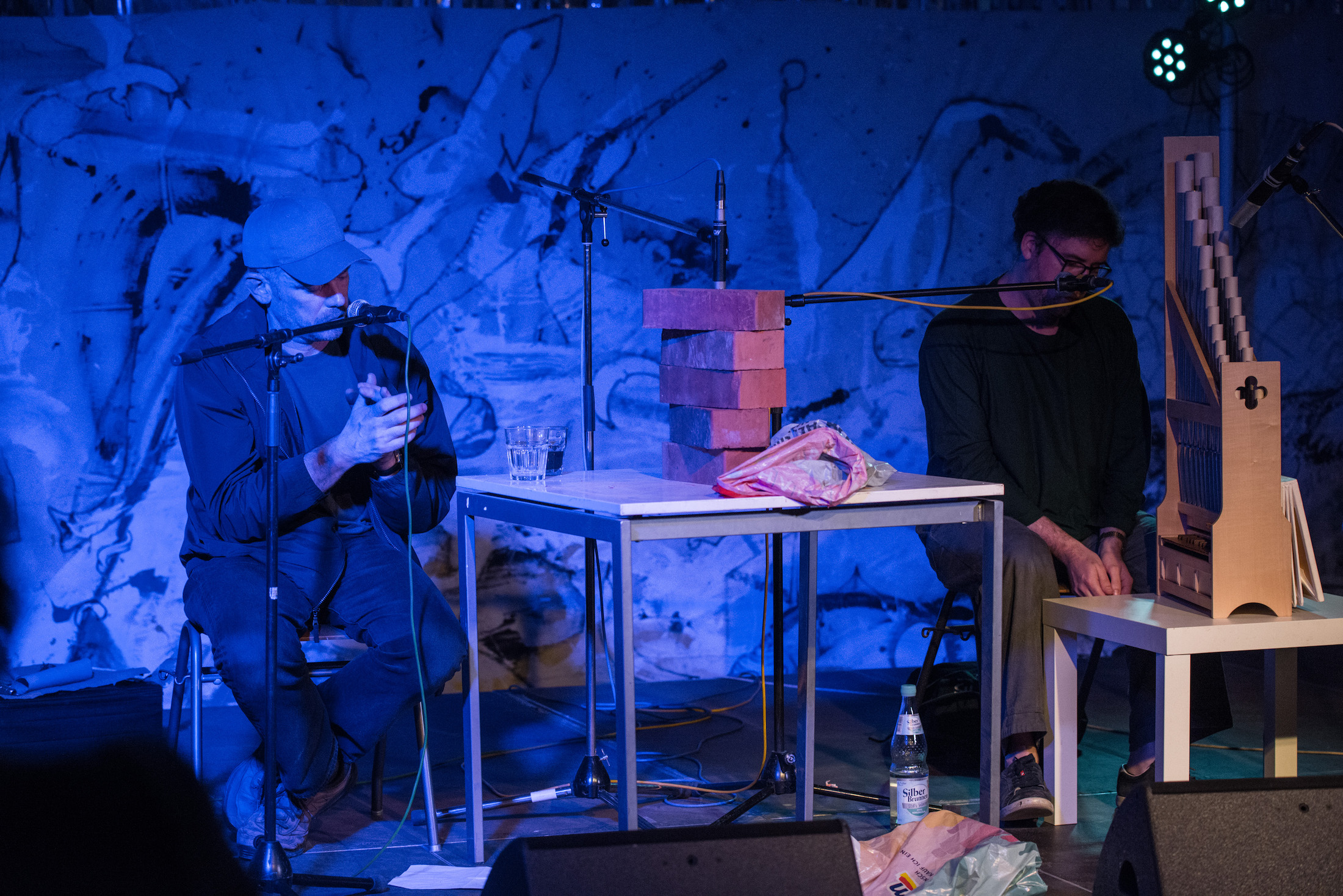
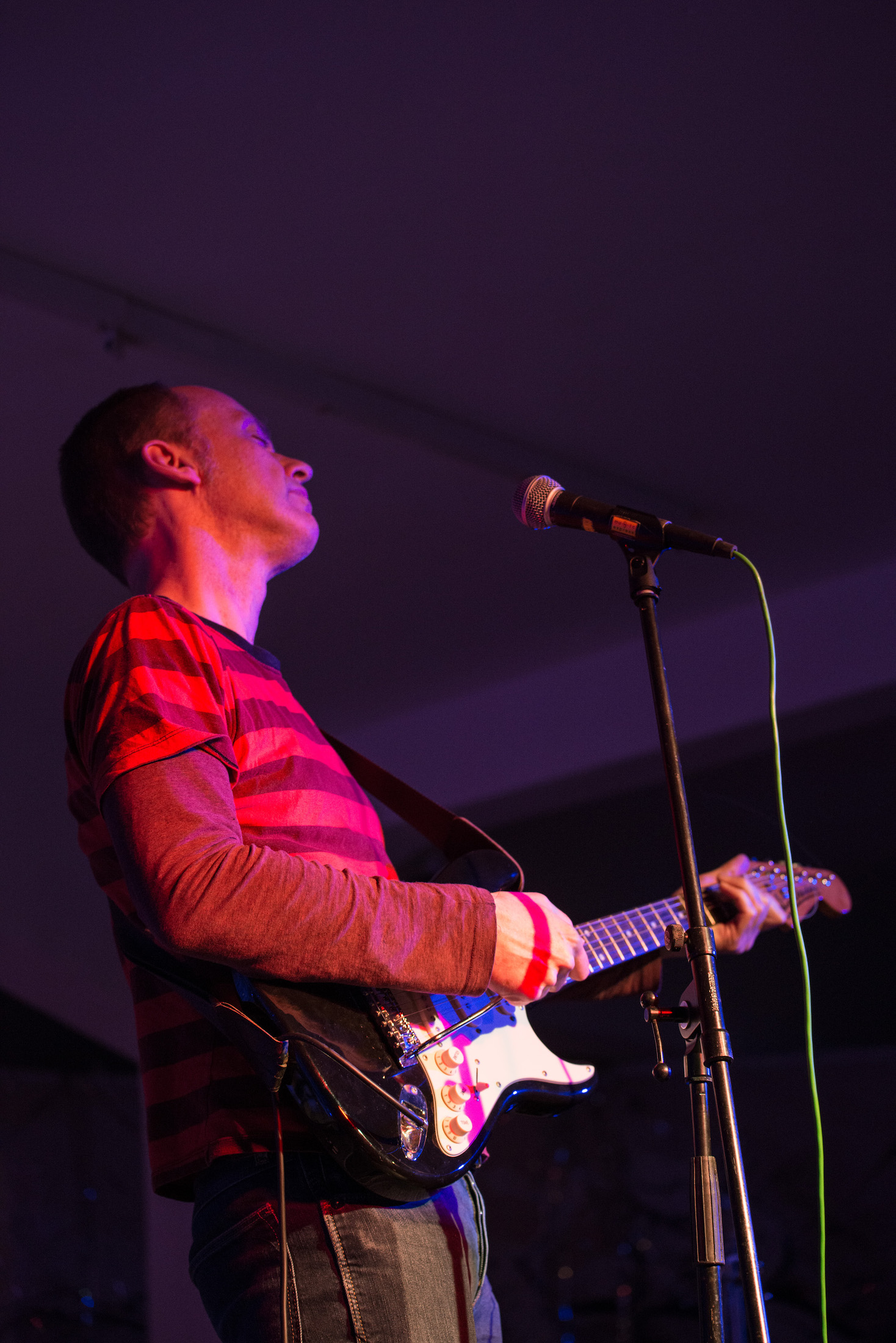
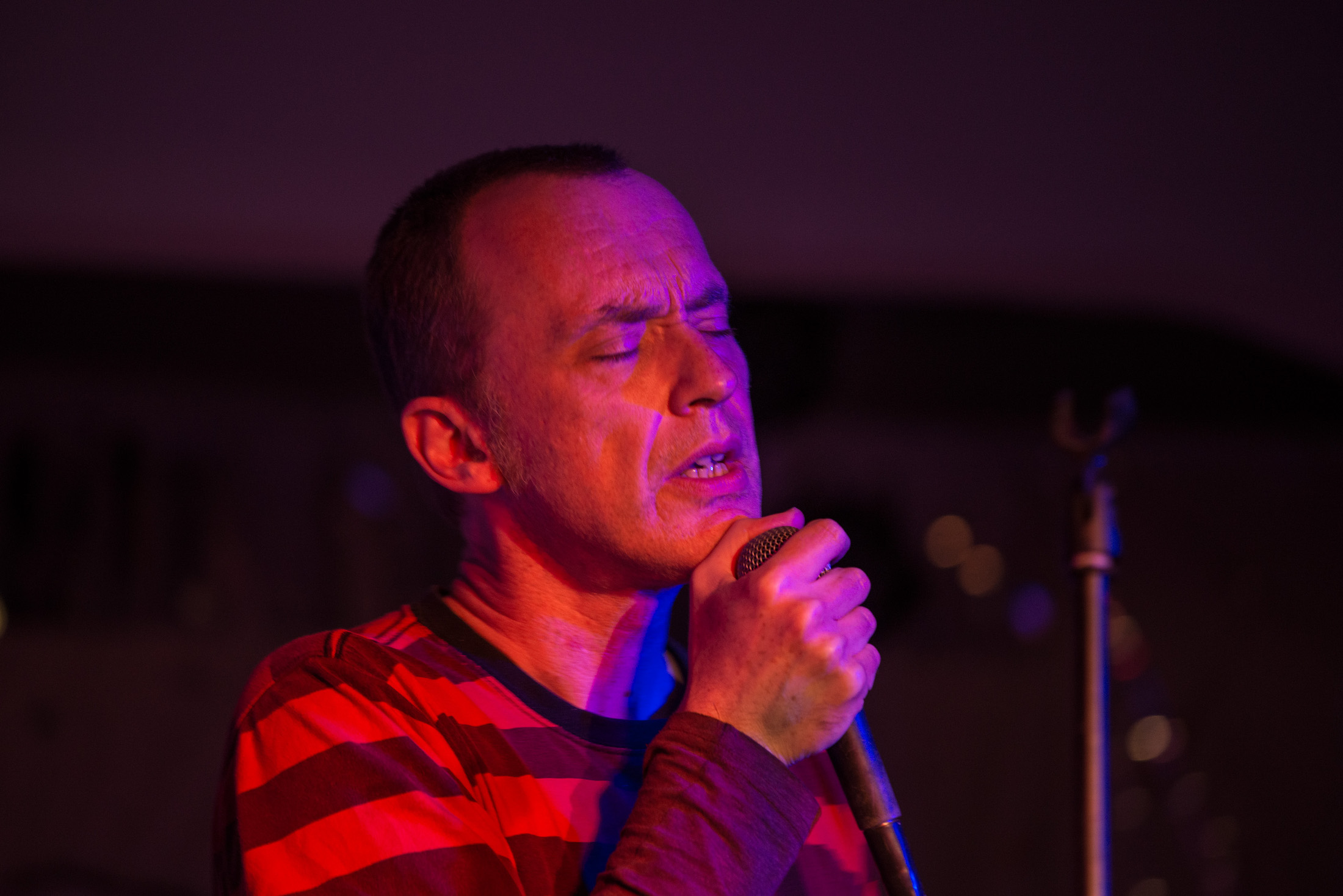
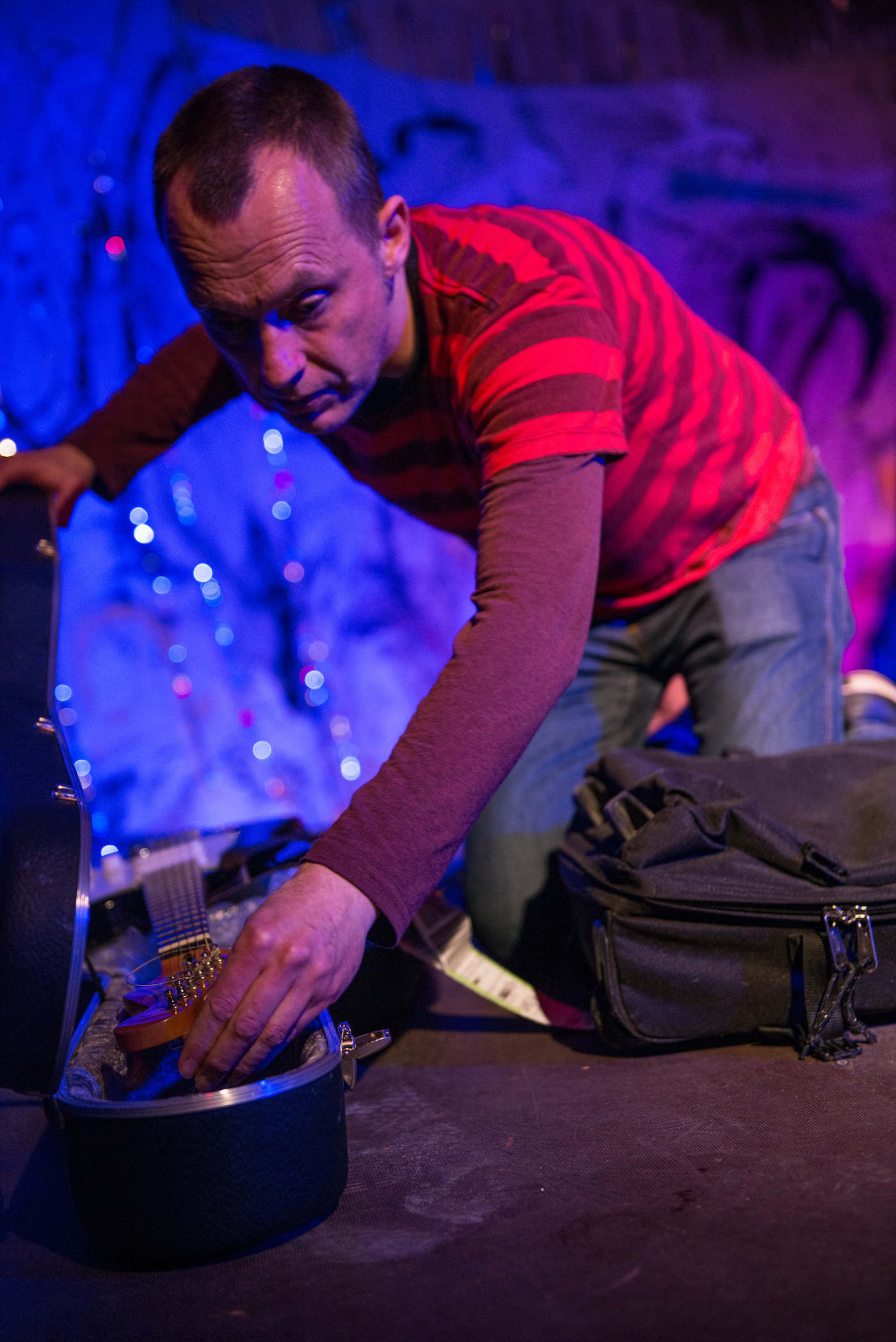
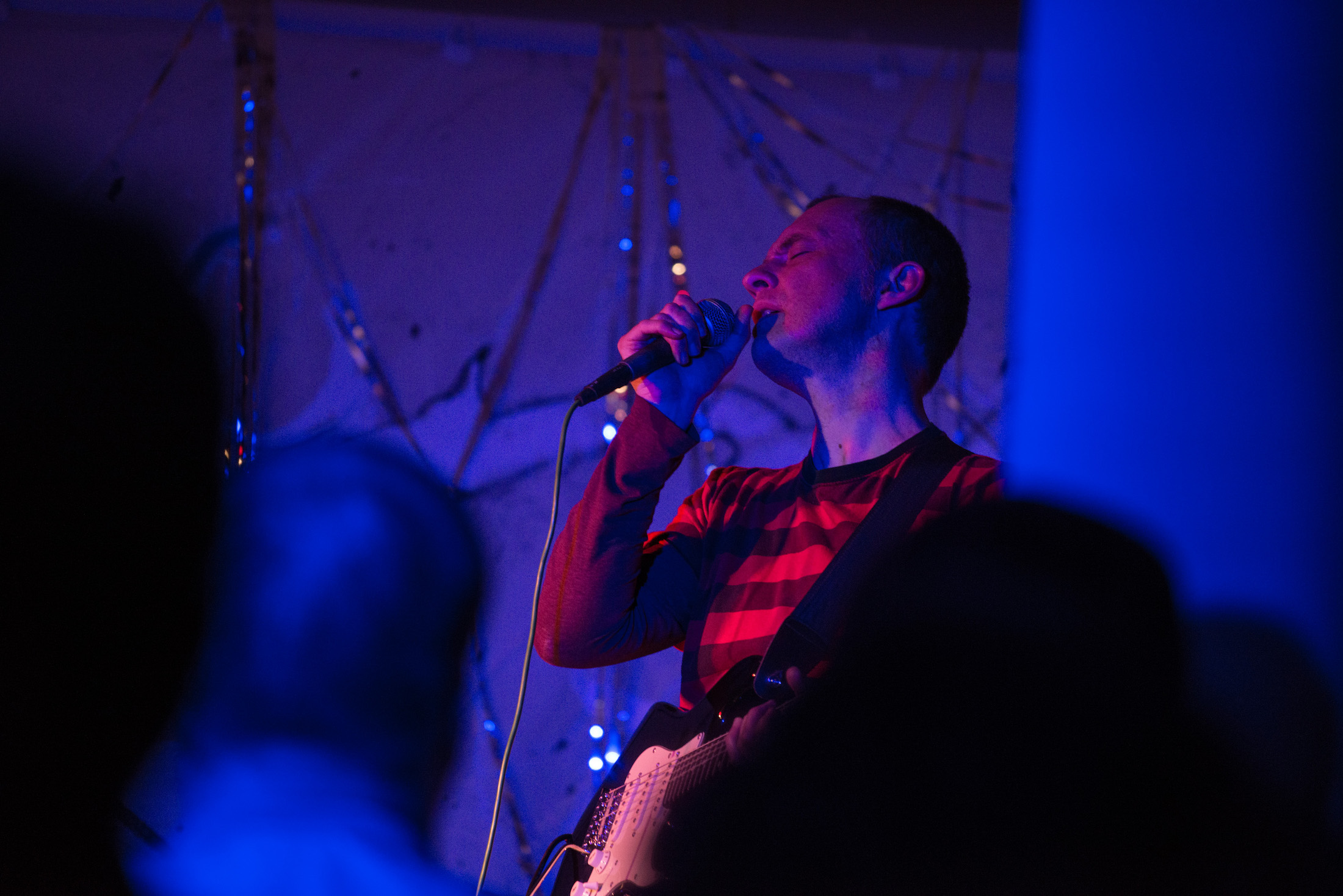
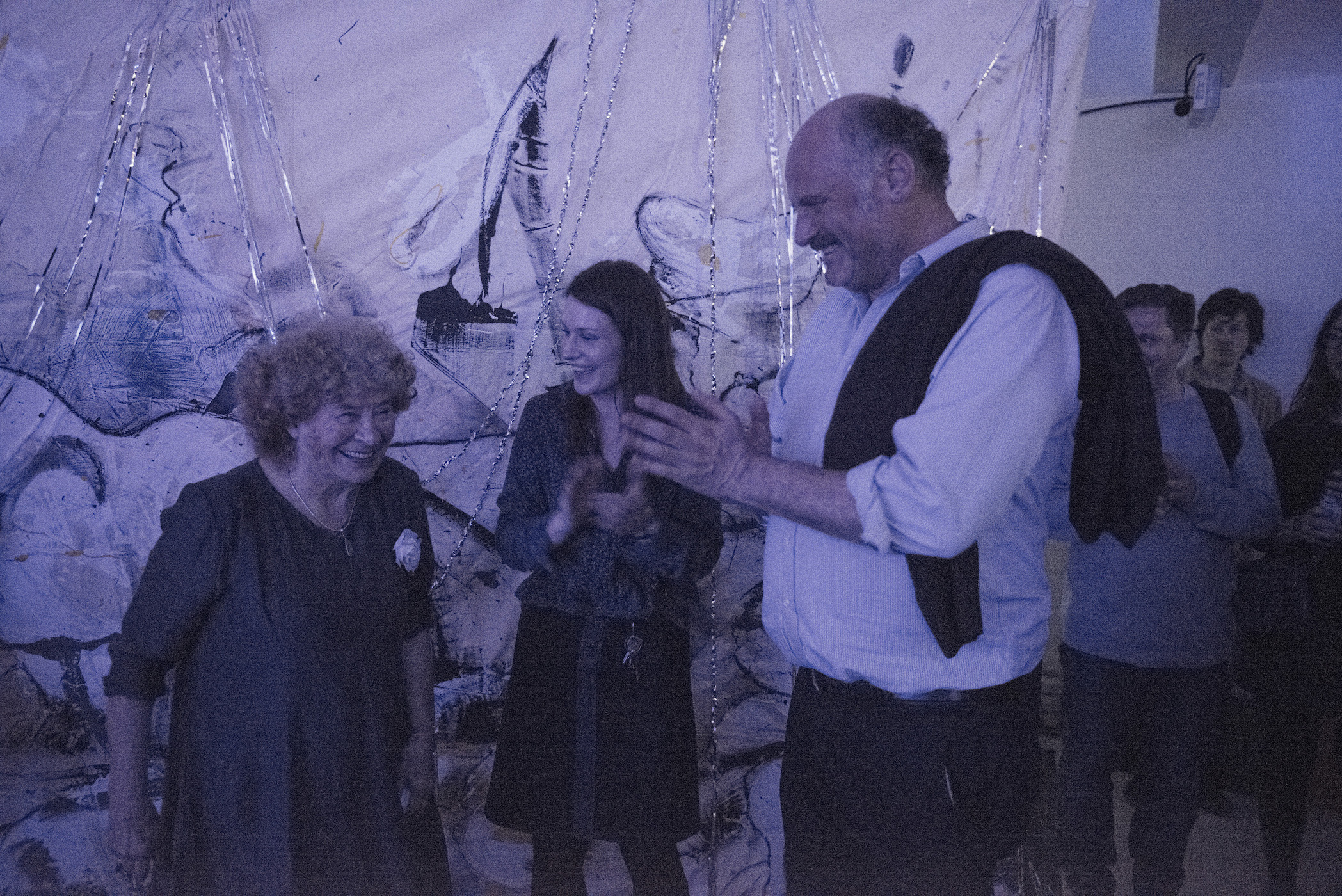

only available in German
With support of the Landeshauptstadt Stuttgart

SPEED 2 comprises three major newly conceived works by James Richards and Leslie Thornton, alongside a show-within-the-show convened by Richards with works by Horst Ademeit, Tolia Astakhishvili, Adelhyd van Bender, Bruce Conner, Emily Feather, Terence McCormack, Vi Khi Nao, Jeff Preiss, Jens Thornton and Thomas Zummer.
In the making of SPEED 2, Richards and Thornton have been concerned with specific psychic and temporal states, rushes of interconnectedness and scientific wonder, as well as a sense of ecological dread and paranoia. The oscillation between an ordering impulse, and the relinquishing of control is a central feature of SPEED 2, one that returns in the exhibitions’ different modes: cinema screening, video mural, sound installation, study room and group show.
Many of the works in the group exhibition were made against a backdrop of apprehension and self-destruction during the Cold War, with its at times uncanny resonances with the present moment. The atmosphere contains an obsessive energy, a recurring fascination with rays, mind altering effects and rituals and the systematic sorting and recording of experience. It is sense of frantic repetition and labour, which van Bender described as ‘Divine Drudgery’, a spirit also present in Bruce Conner’s psychedelic Inkblot Drawings.
There is an impulse of collaboration that brought about SPEED 2, one shaped by the artists’ joint residency at CERN. This center for nuclear research became a working-site and a space for thinking artistically – the largest machine in the world, seeking the smallest particle, a combination between the epic and the mundane that recurs in the logic of SPEED 2. The exhibition comprises discrete and individual new works, from Richards’ large-scale video mural Phrasing and Thornton’s cinema installation Cut from Liquid to Snake, to the wall text and video installation Sheep Machine Redux, conceived for the spaces of Malmö Konsthall. It is a body of work developed from the artists’ individual practices but also from the third mind of collaboration, a channeling of and at times conscious unsettling of each others’ sensitivities. The basic biographical contrasts between Richards and Thornton are apparent: gender, age and sexuality are all points of difference. What has drawn them together is an inclination they seem to share: that of grabbing charged material, and without apparent judgement or moralising, filling and emptying it. There is an attuned pitch for locating and unsettling any received and comfortable meaning. And at the same time, they produce works with a highly specific sense of the contemporary moment and the urgencies that it presents.
Commissioned by Malmö Konsthall and Künstlerhaus Stuttgart
Realised with the generous support of Pedro Barbosa; Ministry of Science, Research and the Arts, Baden-Württemberg; Wüstenrot Stiftung; Ritter Sport; pbb Stiftung für Kunst und Wissenschaft and the British Council, Berlin.
With special thanks to Rodeo, Galerie Isabella Bortolozzi, Cabinet Gallery, Andrea Bellini, Centre d’art Contemporain Genève und CERN.






















Each part of Henrik Potter’s new body of work, Heedless Sleep, pulls a little thread in the show, combining to form a strange maximalist entity. The individual pieces share an outline, but they also throw curve balls at each other, pulling in registers of both great sincerity and kitsch. Together, they have to be reconciled to share an easy/uneasy coexistence.
Realised for the spaces of Künstlerhaus Stuttgart, the installation has a strict core composition, yet one undercut by the idiosyncrasies and excesses of the works themselves – a kind of seeping logic, which is as much a formal as a conceptual consideration. There is something unmistakably physical about the human-scale screens of Heedless Sleep, in both form and approach. And not unlike bodies, the works are tangibly fragile and tough. Made of wood, cloth, paint and clay, the materials have been laboured to a point where touch has left its imprints; they share a sense of the smudged and worn physicality of objects that have been handled and used over time. Heedless Sleep takes current conversations around embodiment, precarity and health, and pushes them into a territory that is neither sanitized nor distinctively abject – there is a fascination with fragility and toughness, a body ‘with dirt under its fingernails.’ A channeling of the remarkable resilience and insubstantiality of bodies that live and change and fall apart on levels that both are palpable and minute. In this aesthetic, there is a logic which runs contrary to ideas of slickness, entrepreneurialism and fabrication – a form of making more closely preoccupied with the inconvenient and awkward registers of being.
In their copiousness and strangeness, the works stand as a kind of community, developed over more than a year. On the one hand, this mode of artistic production is connected with interiority, and inevitably, a mapping out of the self; on another, a way of tuning into an extended moment of great uncertainty and precarity, works made against the backdrop of recent social and political crisis. The connections made in the installation shift between the material and the immaterial; a tuning into the tipping points where affect and abstract worry become physical, on an individual and communal level. These movements and rifts form an undercurrent, flowing through the work and its attitude.
The concerns of Heedless Sleep are articulated both through form, and through the process of artistic production, a matter of “looking for that point where a work becomes personable, where it’s open to you and almost pathetically there that you have to accept it how it is.” As such, the elements are not conceived within the one idea or gesture, but inhabit a suspended sense of negotiation, moving between registers that are rooted both in a sense of pleasure and a great melancholy.
English/Swedish artist Henrik Potter lives and works in London. Recent exhibitions include Landlords are not currently collecting rent in self-love, Cell Project Space, London, 2016; Oh, of course, you were berry picking, DREI, Cologne, 2015 and Down Where Changed, Cubitt, London, 2014 and PdT at Palais de Tokyo, Paris, 2014.
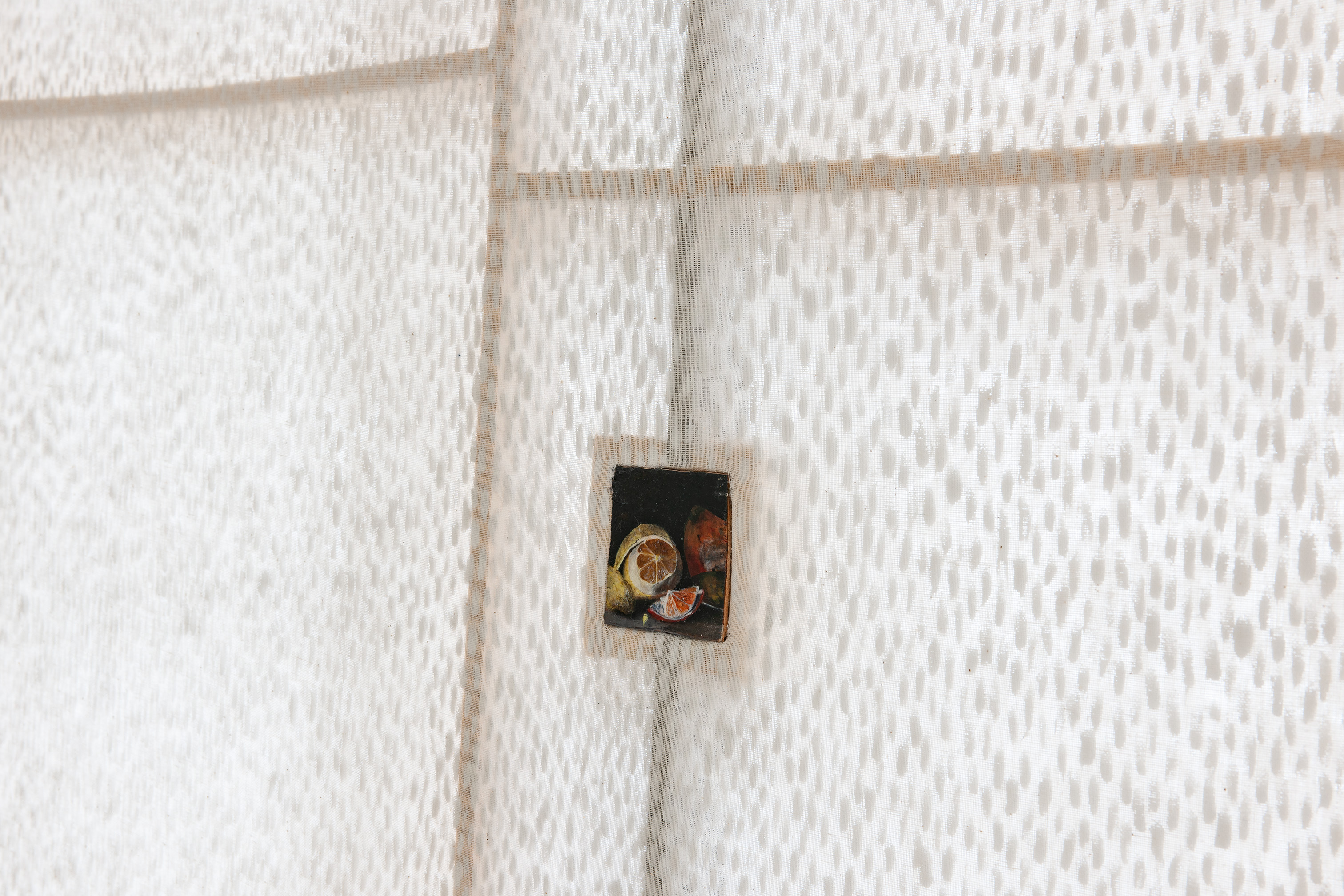


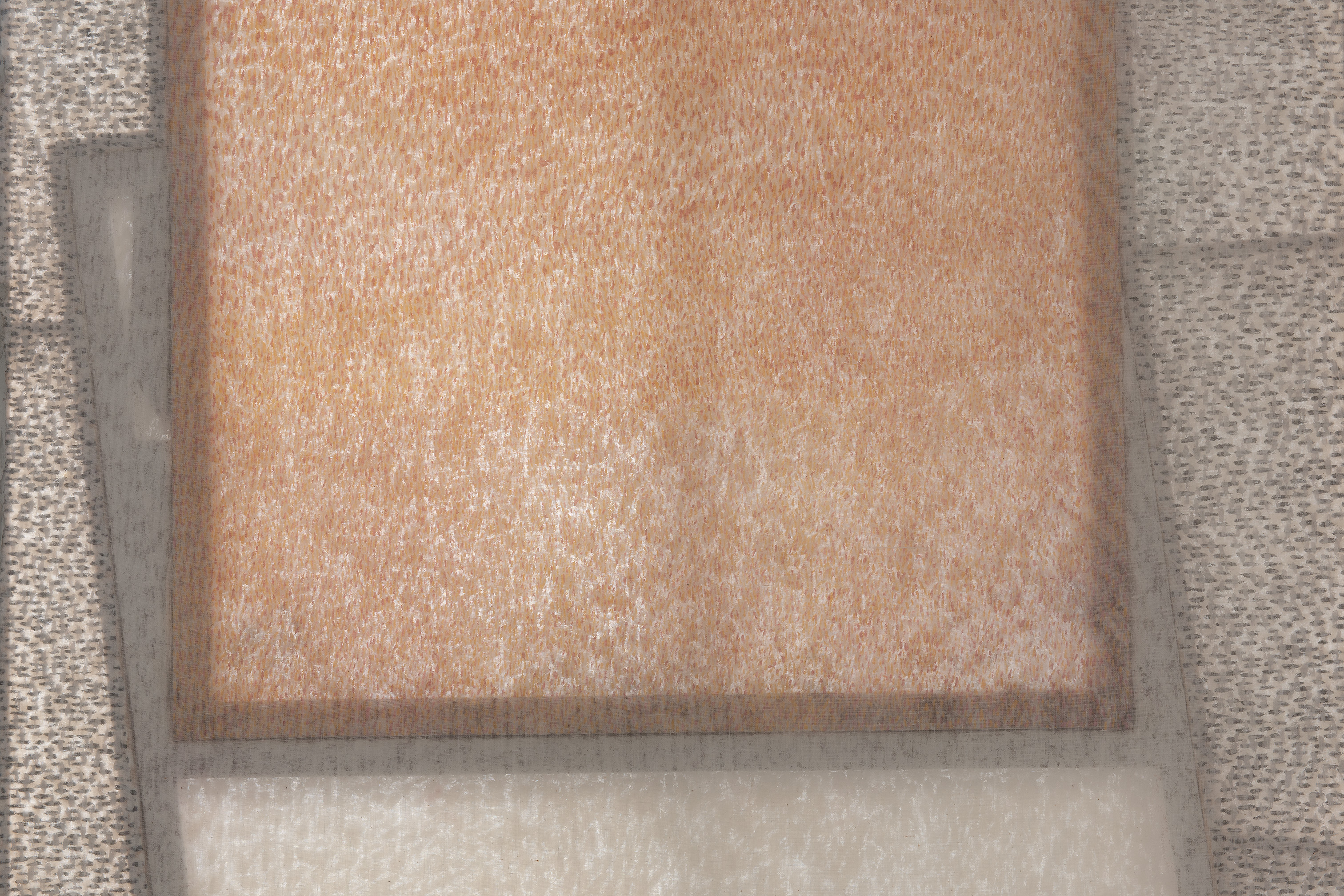
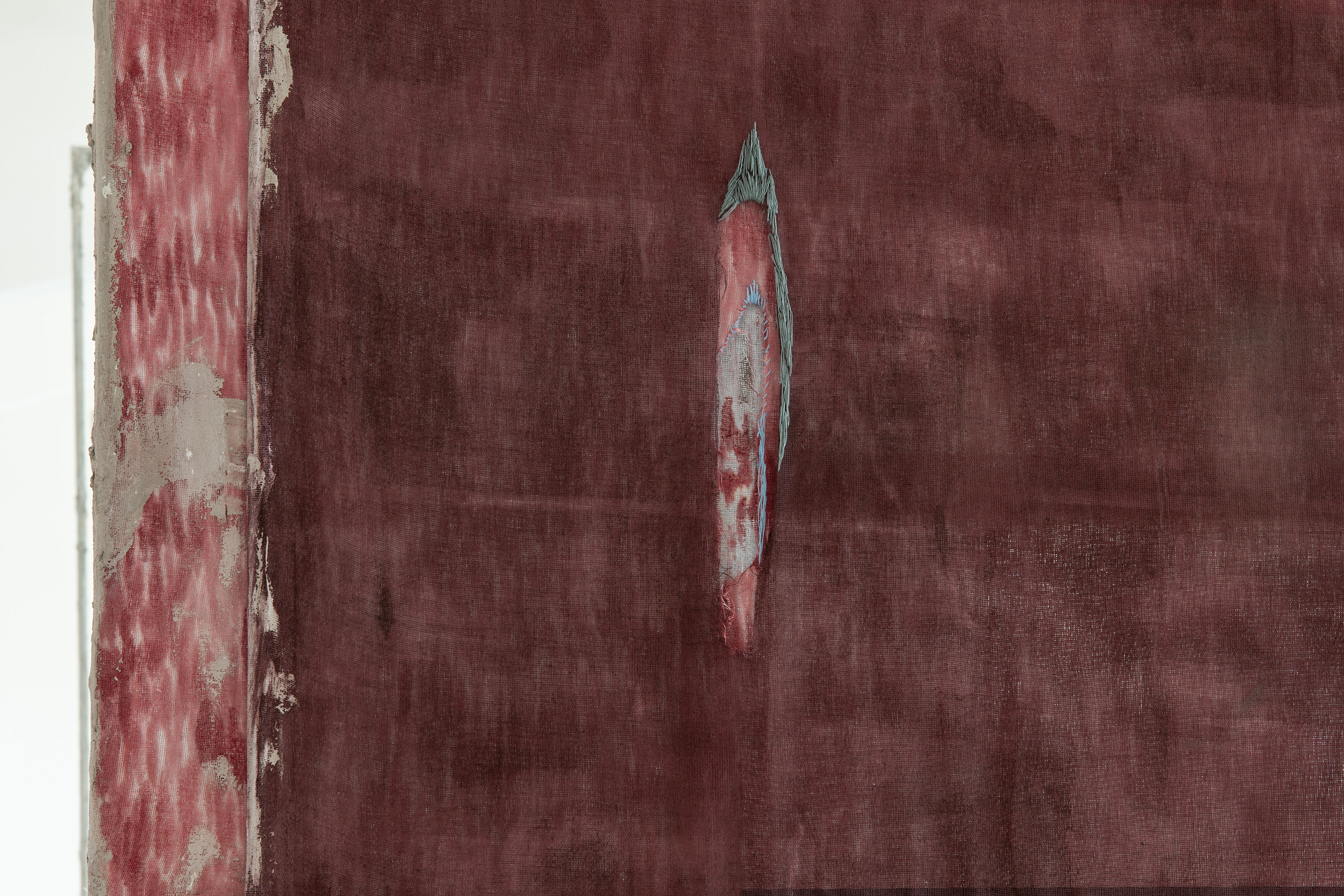
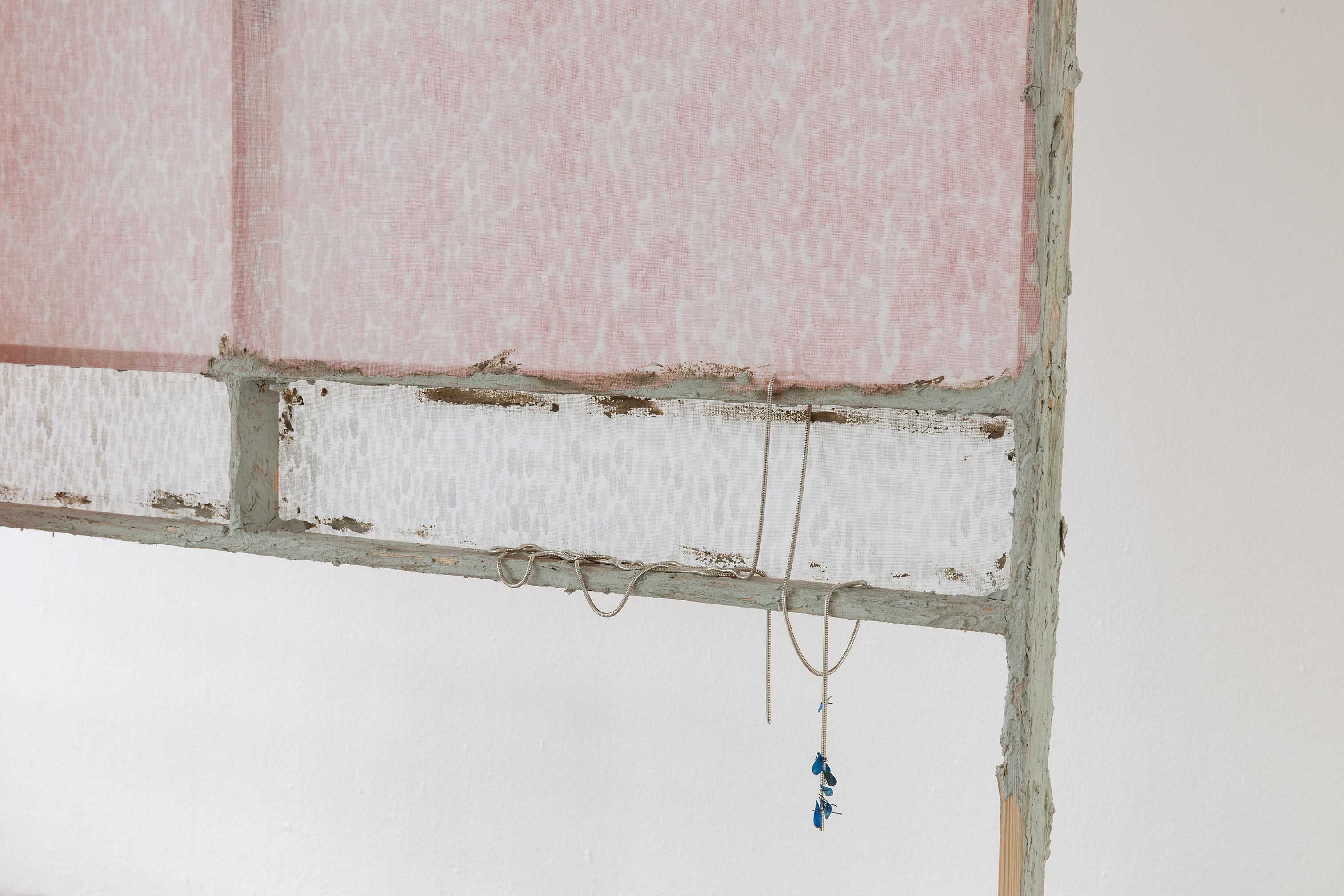


Is there a form of attitude, or logic, that is intrinsic to artistic thinking? And if so, what is the role of contradiction in formulating an artistic model of thought? These considerations are at the core of a two-day symposium with Abel Auer, Marc Matter, Birgit Megerle and Elena Poulou at Künstlerhaus Stuttgart and Staatsgalerie Stuttgart.
Taking the form of open and closed formats, the discussions and presentations are happening in dialogue with an avant-garde legacy of artistic making, and more specifically a channeling and subversion of the thought-form of Marcel Duchamp. A tuning into also the more ambivalent facets of his work, including the potential of simultaneous affirmation and negation, the distrust of language, and the call to introduce one’s own system of measurement.
Moderated by Fatima Hellberg, Michael Hiltbrunner and Susanne M.I. Kaufmann.
At 5.30pm there will be a guided tour through the exhibition Marcel Duchamp. 100 Fragen. 100 Antworten.
The event is a collaboration between Staatsgalerie Stuttgart, Künstlerhaus Stuttgart and the Institute for Contemporary Art Research of the Zürcher Hochschule der Künste.

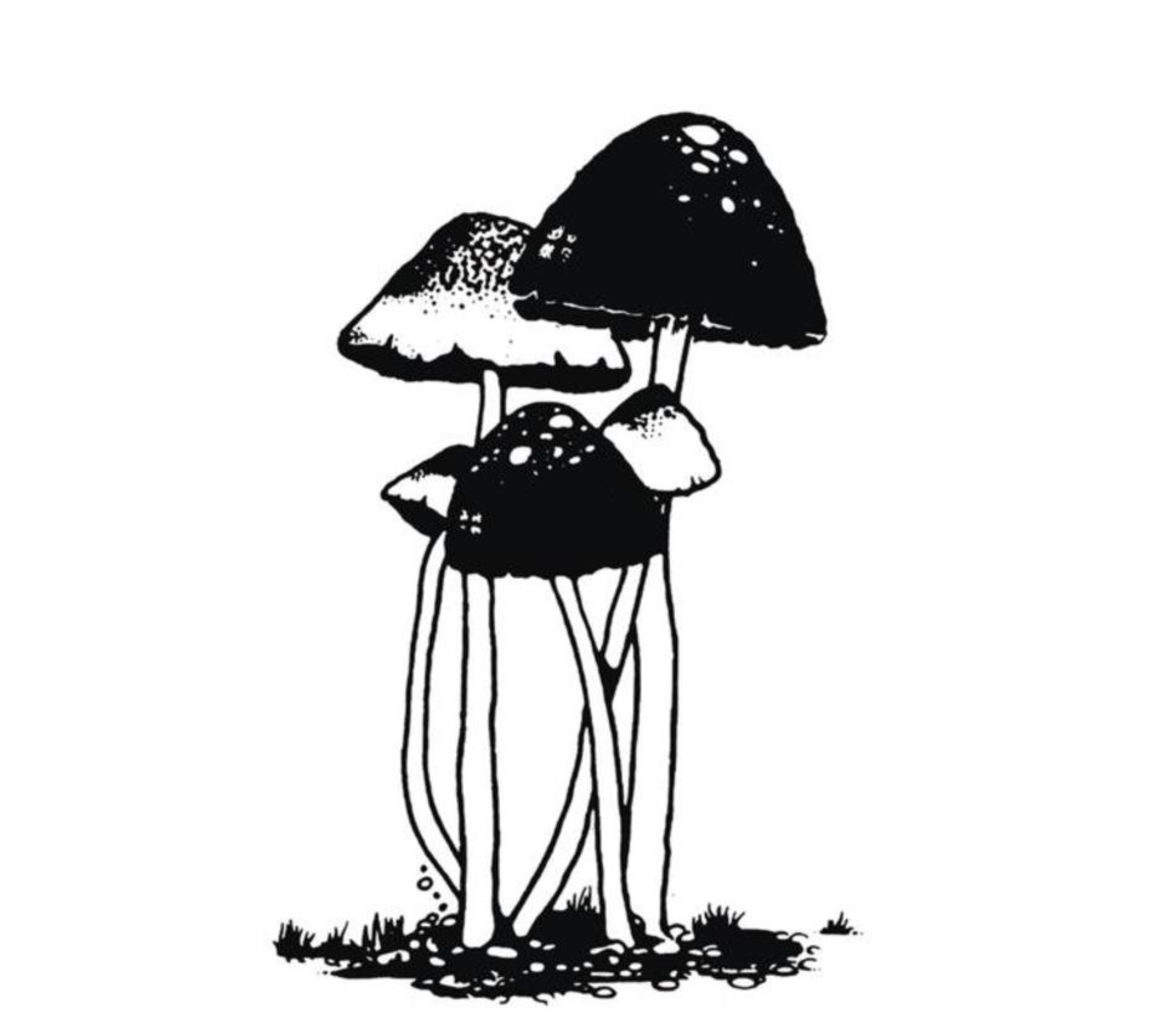
07:30pm–09:00pm
Mysticism has never been a ‘safe’ pursuit, the celebrated Kabbalah scholar Gerschom Scholem observed. Given its antagonistic relationship to institutional doctrine, the dangers for its practitioners are self-evident. But the risks for the interested scholar, Scholem suggested, are also substantial. The focus of Alpha Centauri, an experiment in two parts with students from the Royal Institute of Art, Stockholm and the State Academy of Fine Arts in Stuttgart, has been on some of the intersections, and their discomfort, between spirit and materiality.
This open seminar, with philosopher Klaus Corcilius explores a series of core considerations of reasoning, starting with the question “what is thought?”. Through a combination of a lecture and discussion, and drawing on his long-running work on the thinking of Aristotle, Corcilius’ presentation will be a close reading of essence, moving between the human, and nature, towards a definition of art.
Klaus Corcilius is professor of ancient philosophy at the University of Tübingen and previously associate professor at the University of California at Berkeley. His primary interest is ancient philosophy, theoretical and practical, and especially Aristotle.
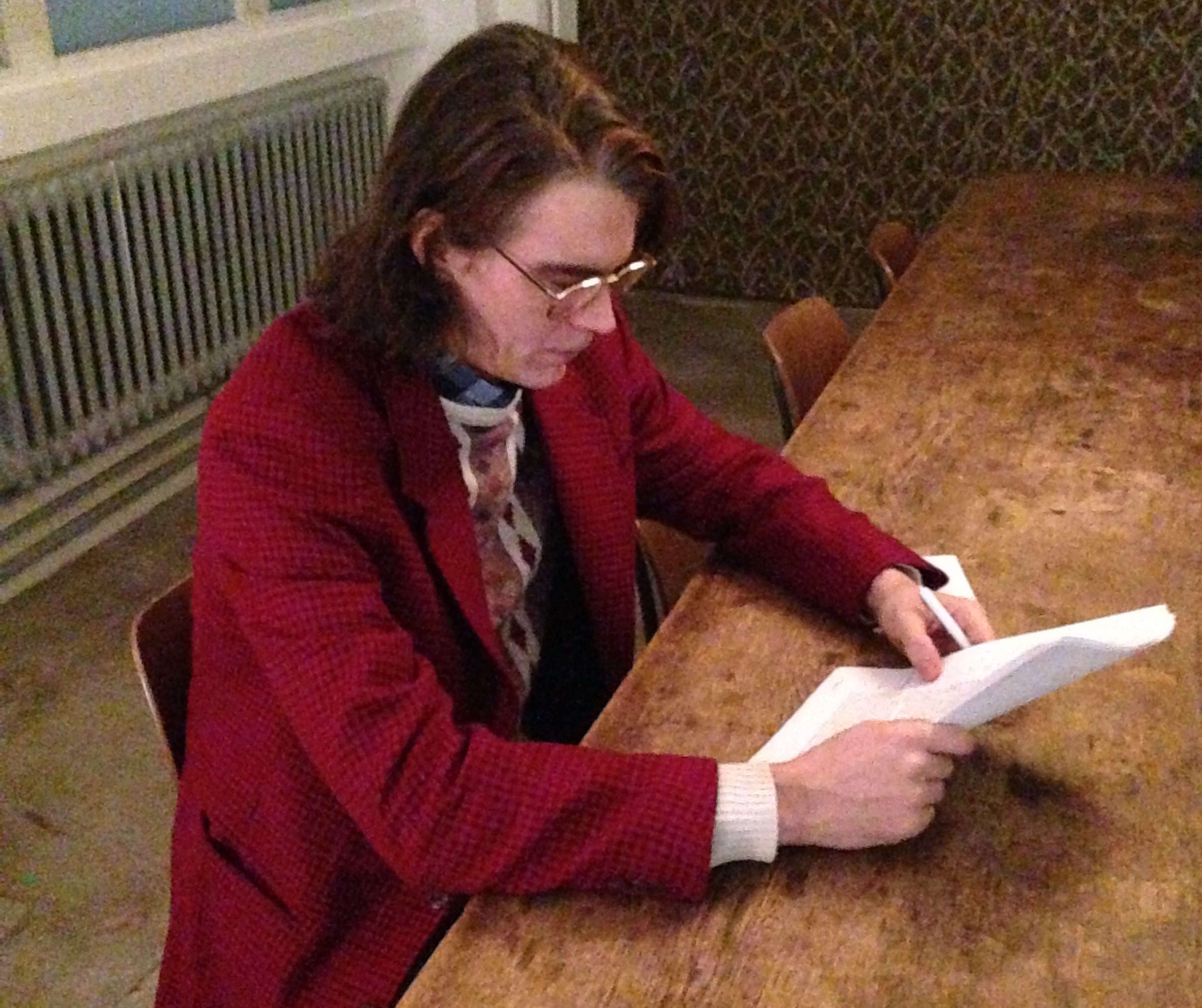
Alpha Centauri* is an experiment in two parts with students from the Royal Institute of Art, Stockholm and the State Academy of Fine Arts, Stuttgart.
The work is oriented around two levels of the Künstlerhaus, which have been repurposed as living spaces, ateliers, and an environment activated by, and defined through individual and collective making. In the period of living and working together, a total work has been produced, parsing out the conflicting dimensions of control/frame and out of control/unpredictability.
In this chapter of Alpha Centauri, developed in collaboration with Abel Auer, with Leon Dürnay, Janis Eckhardt, Juliane Gebhardt, Hyunjeong Ko, Evgenia Kosareva, Lea Lenk, Jaewon Park, Tzusoo and Helen Weber, the students continued with the setting and parameters developed by the first group. Through both responding to, and developing their own shared logic, the space was radically reconceived and new works were produced, others altered or removed. A core focus of the discussions and sessions held throughout this process were connections between the rooted and material, and its relations to the hidden, obscure and unknowable, explored from a series of perspectives. From ethnobotanist, author and lecturer Terence McKenna’s thinking around reality as hyper dimensional, to Paul Thek’s work with the material and the contingent, to questions of intention and attention in artistic making. Within the group, a shared speculative fiction took form, the notion of the ‘Metabosch’ – an unfolding set of associations moving between the phantasmagoric world-making of Hieronymus Bosch, to a narrative of a corporate and quasi spiritual brand, ‘the Metabosch’, and life within its paradigm. It is a concept, which as the setting materialised, also acquired darker, and at times apocalyptic undertones, looping back to associations between corporate culture, ecology and black holes.
Alpha Centauri is a project testing out the possibilities and limits of the institution as host, and the processes involved with generating an environment with material and intangible layers. And is in the process, focused on living with qualities of sociability, discord, and the transformative in the teaching and making of art.
The project was convened by Annika Eriksson (Royal Institute of Art, Stockholm) and Fatima Hellberg (Künstlerhaus Stuttgart)
*Alpha Centauri is the star system closest to the Solar System. Researchers have sought to verify the existence of an Earth like planet in the Alpha Centauri using transits – a slight dimming in the star as the planet passes by has been detected – but no additional, conclusive evidence.
Part I of Alpha Centauri was realized by: Maiken Buus Andersen, Izabel Färnstrand, Salad Hilowle, Sonia Sagan, Oscar Kaleva Karlsson, Vida Lavén, Mari Mattsson, Linnéa Ndangoya Palmcrantz, Emilie Palmelund, Levi Sebton and Jesper Vesterlund
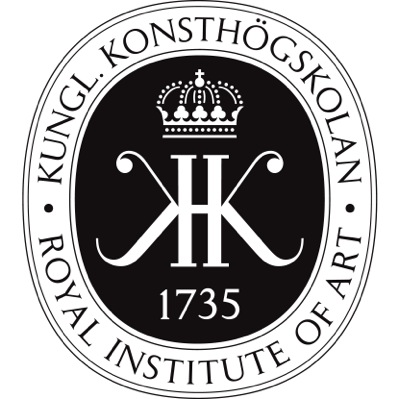

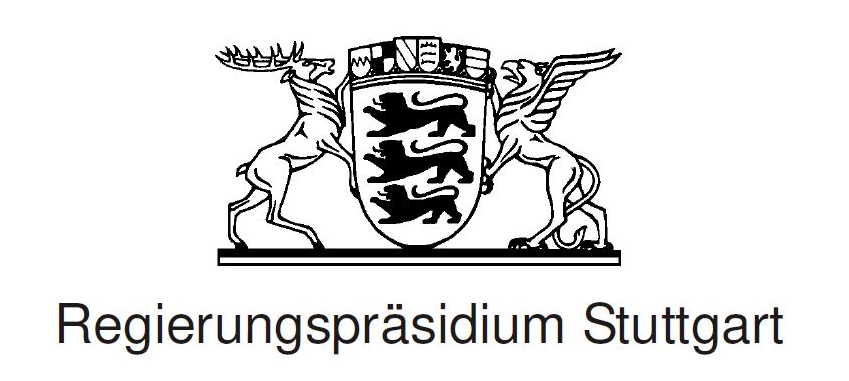
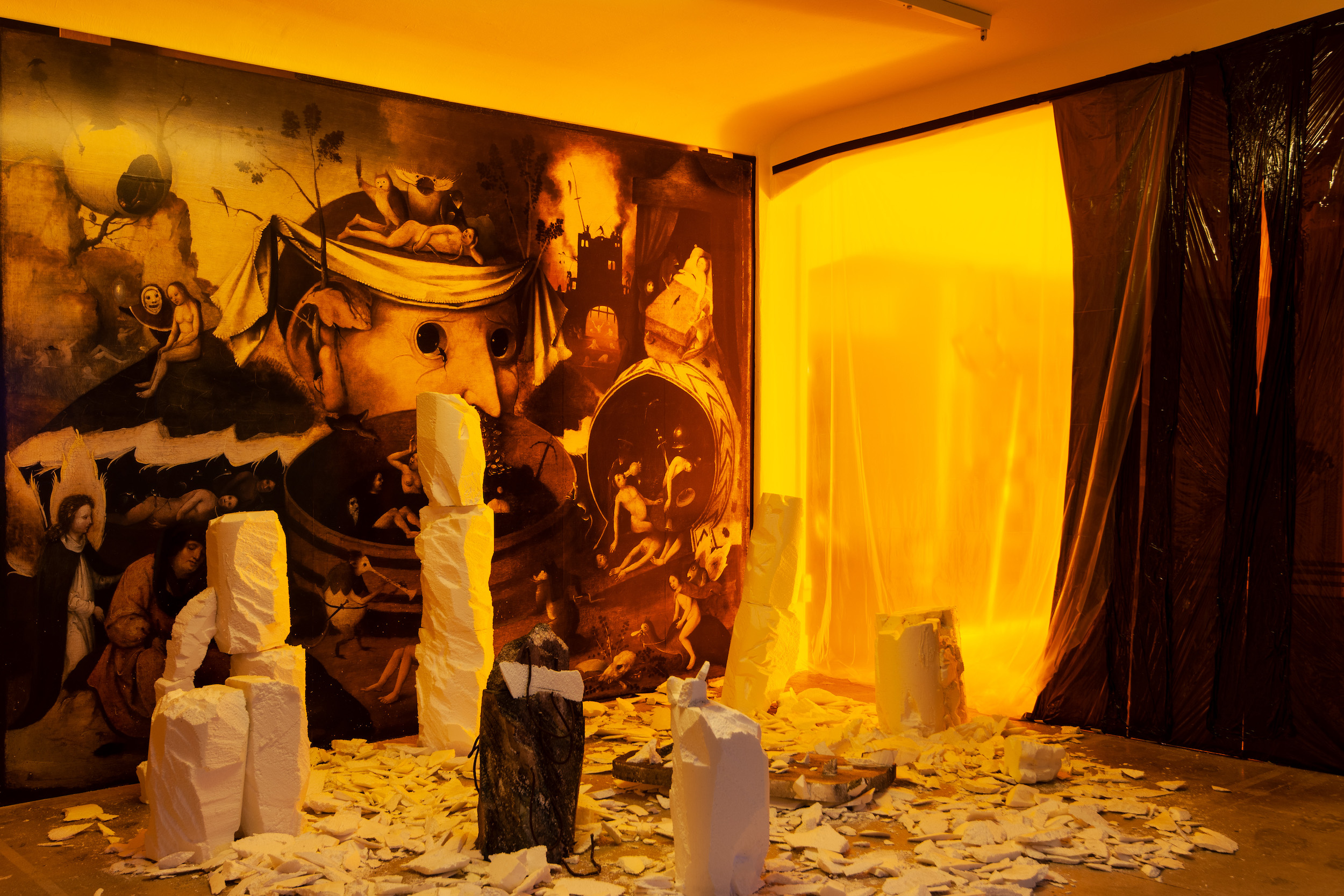
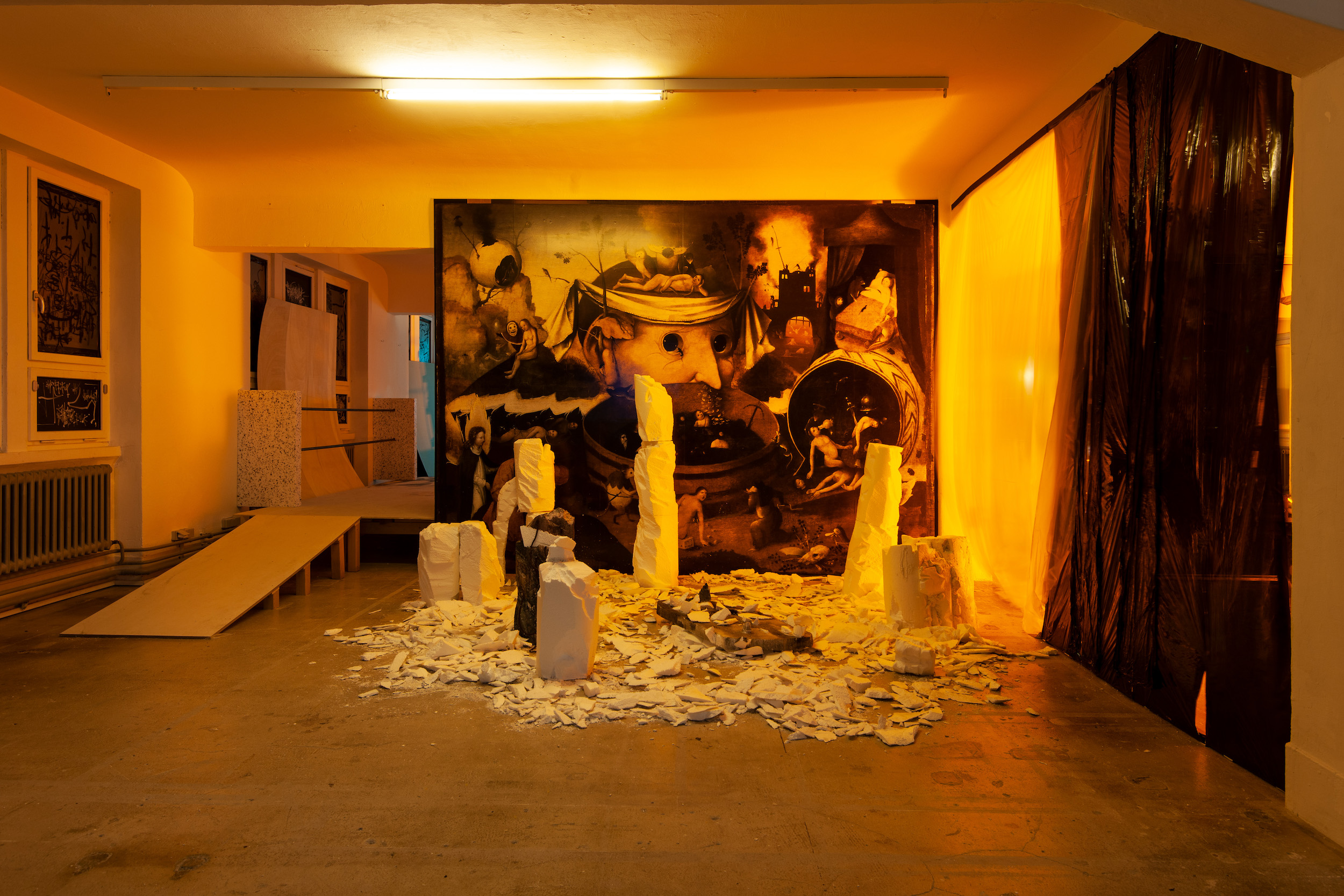
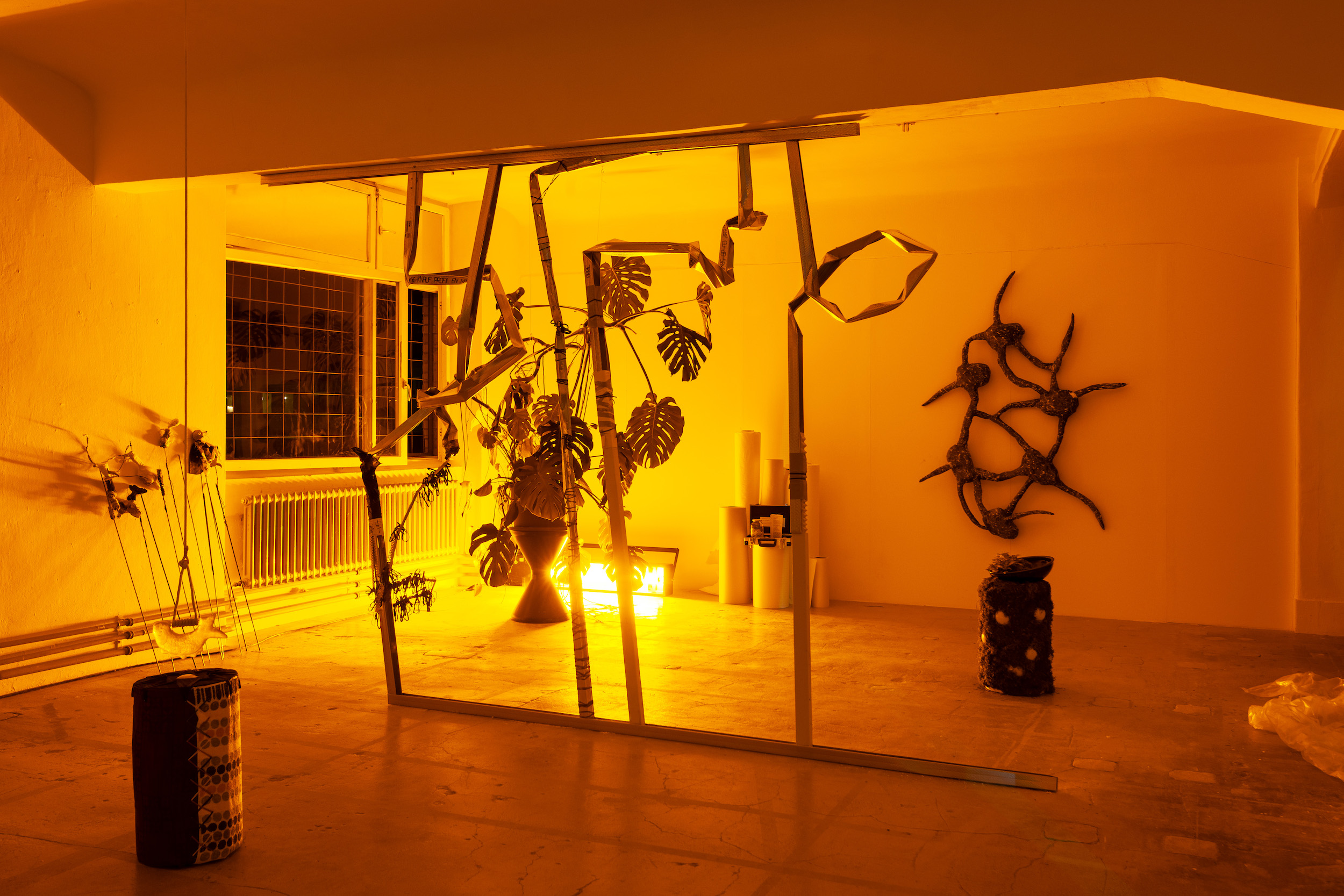
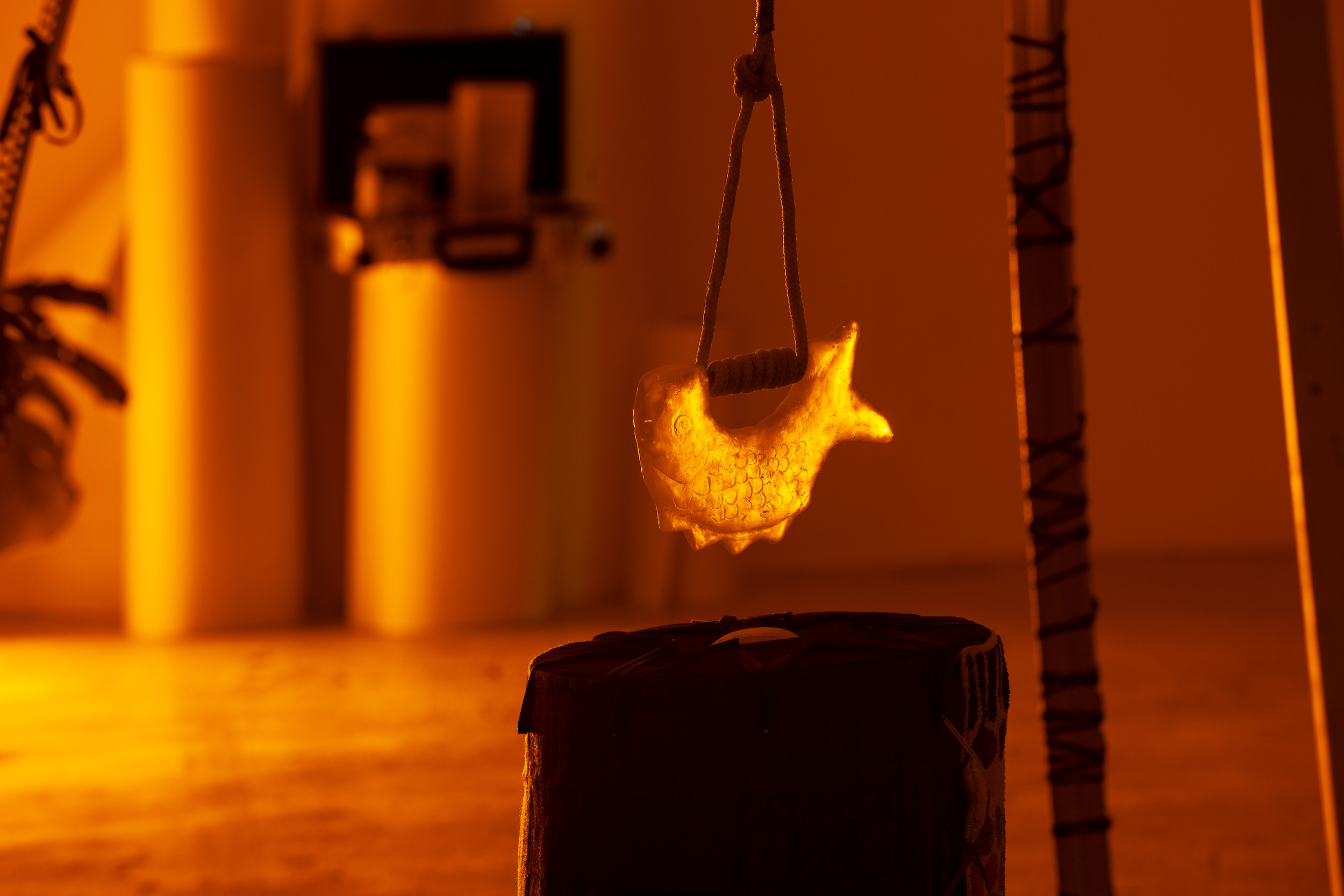
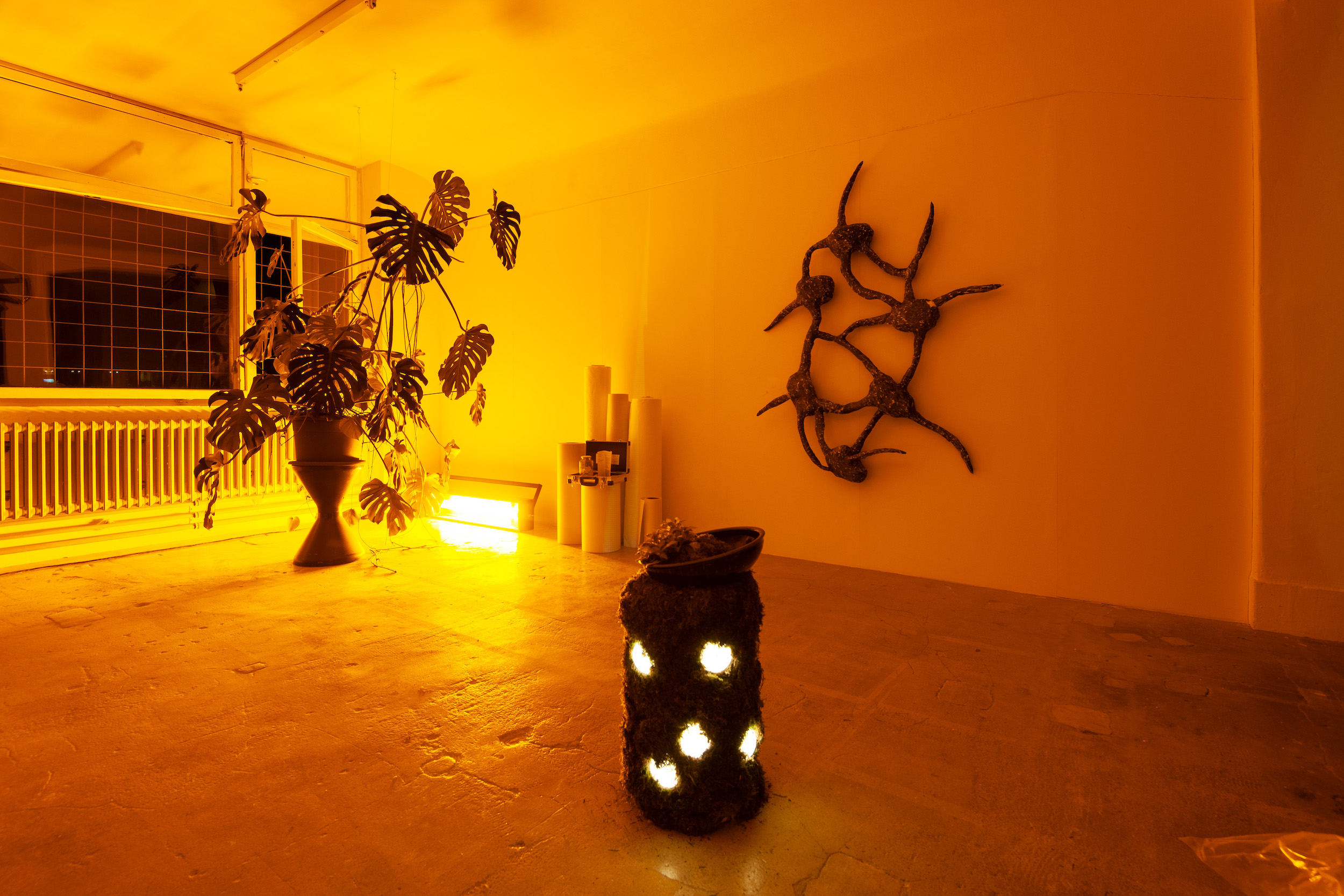
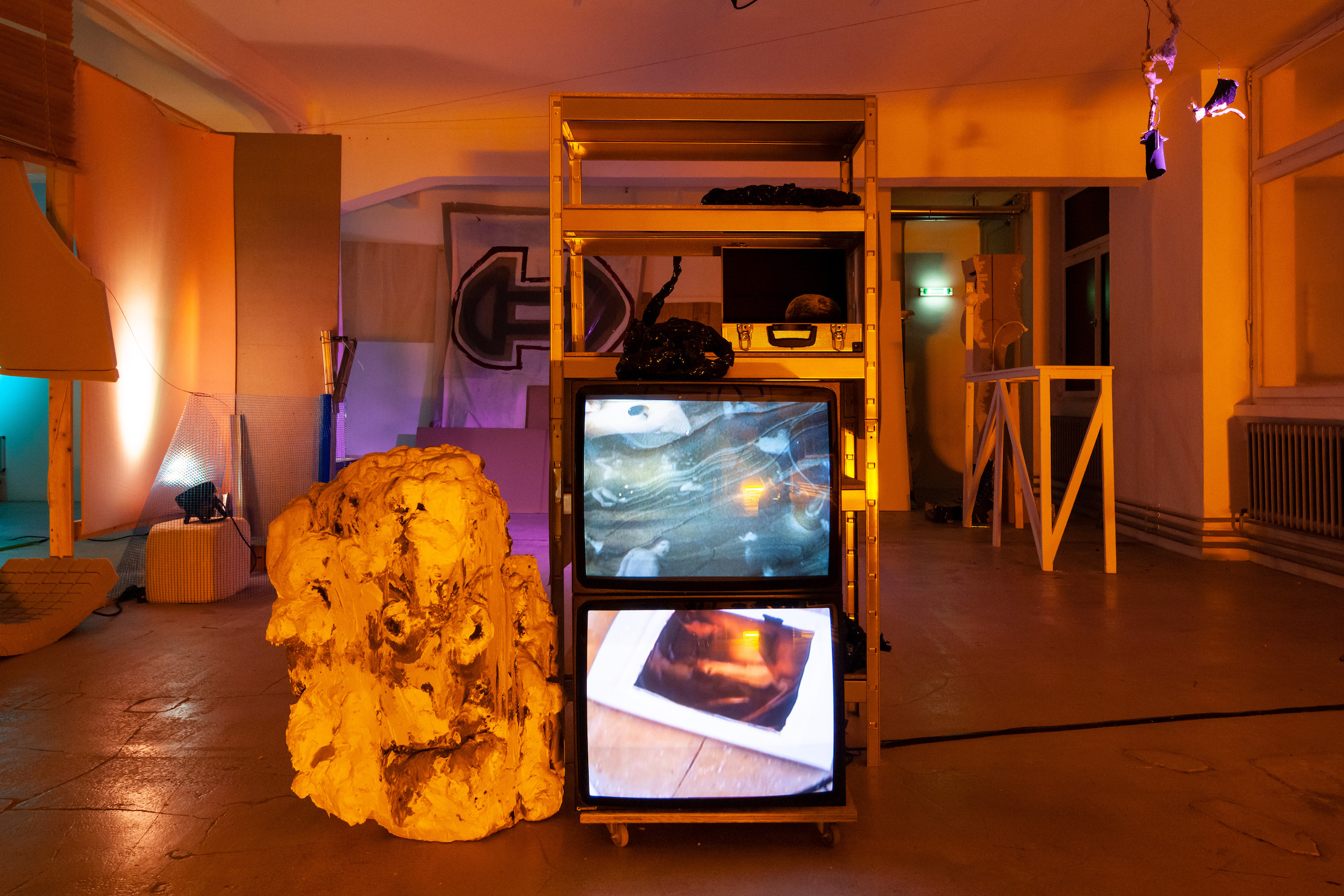
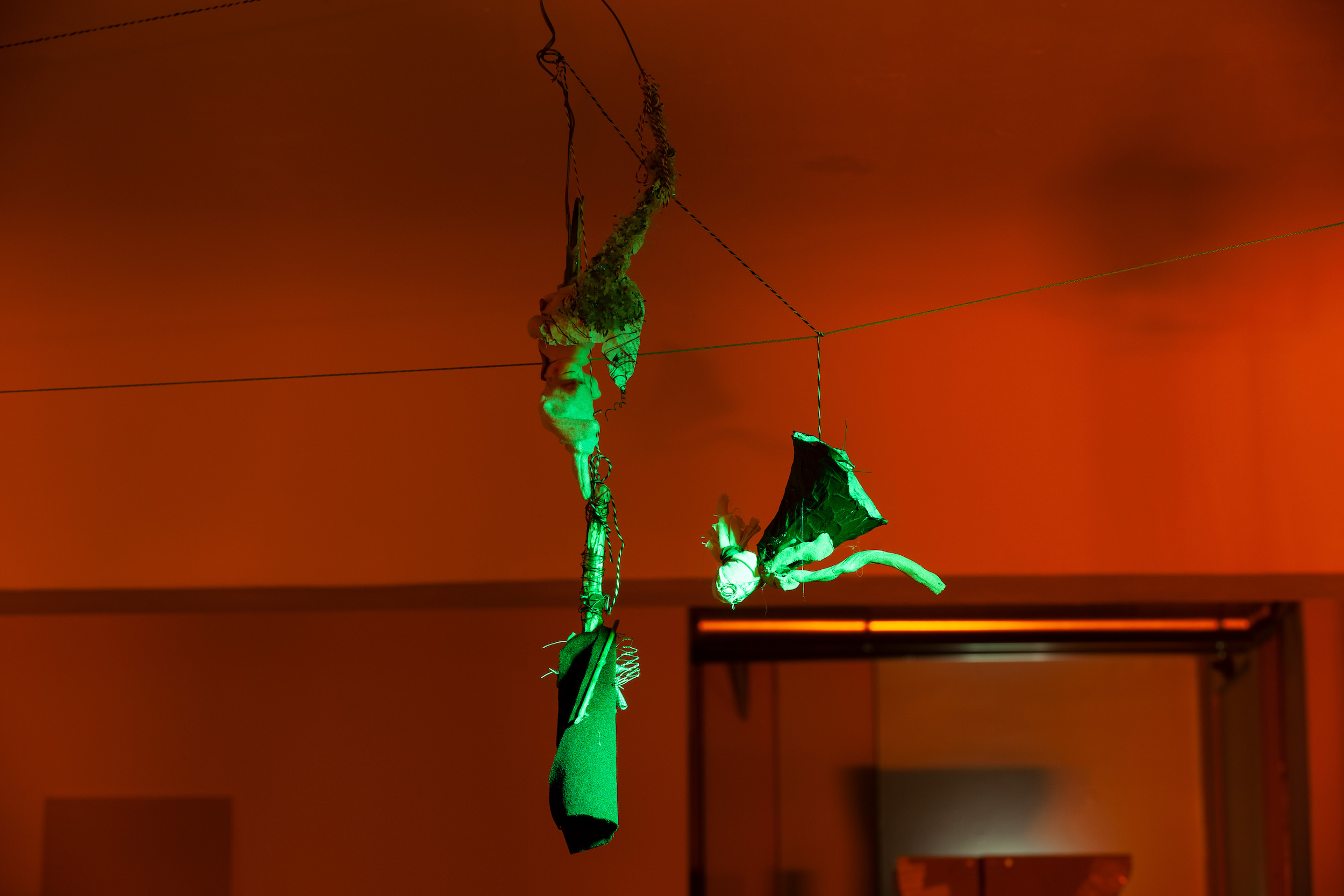
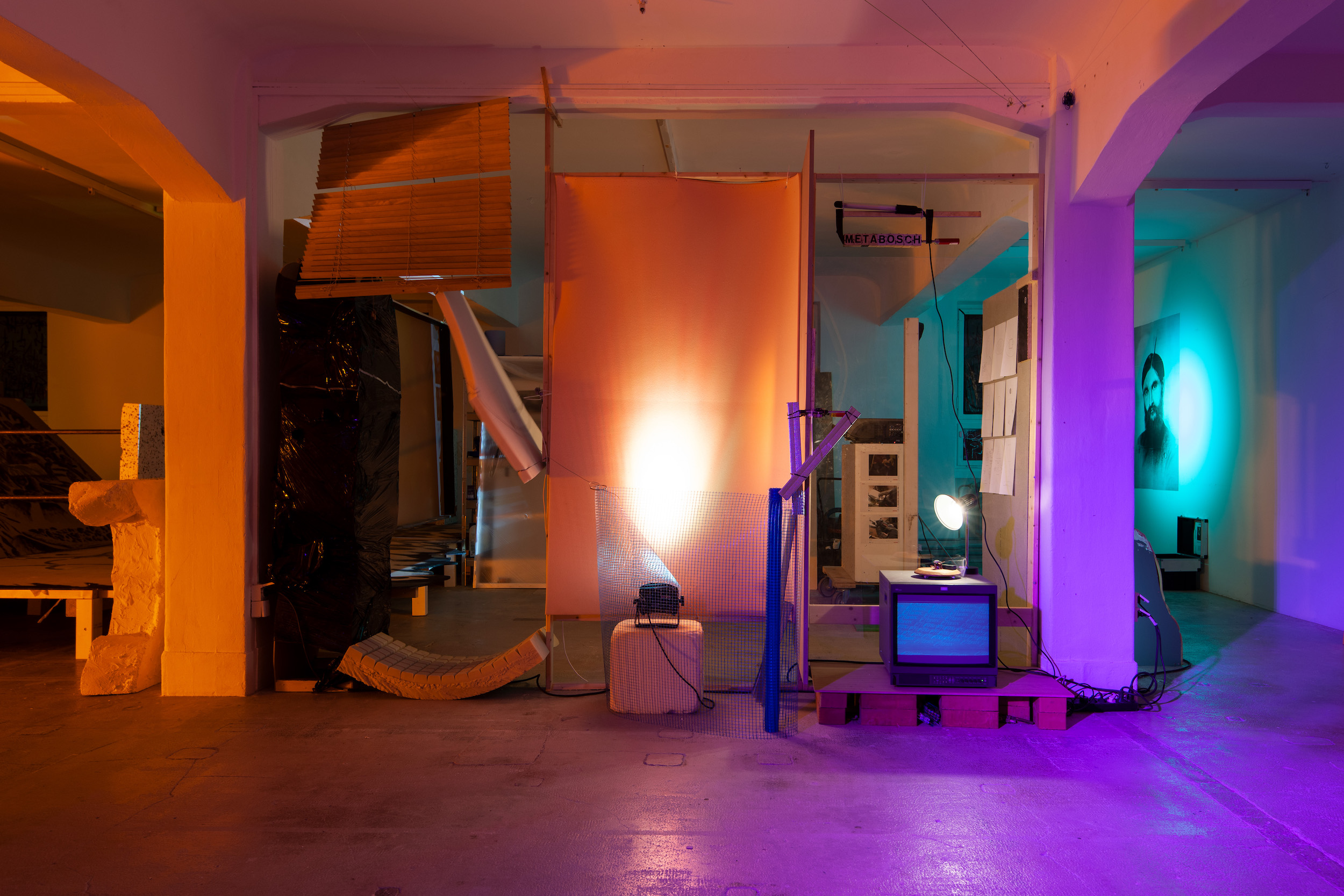


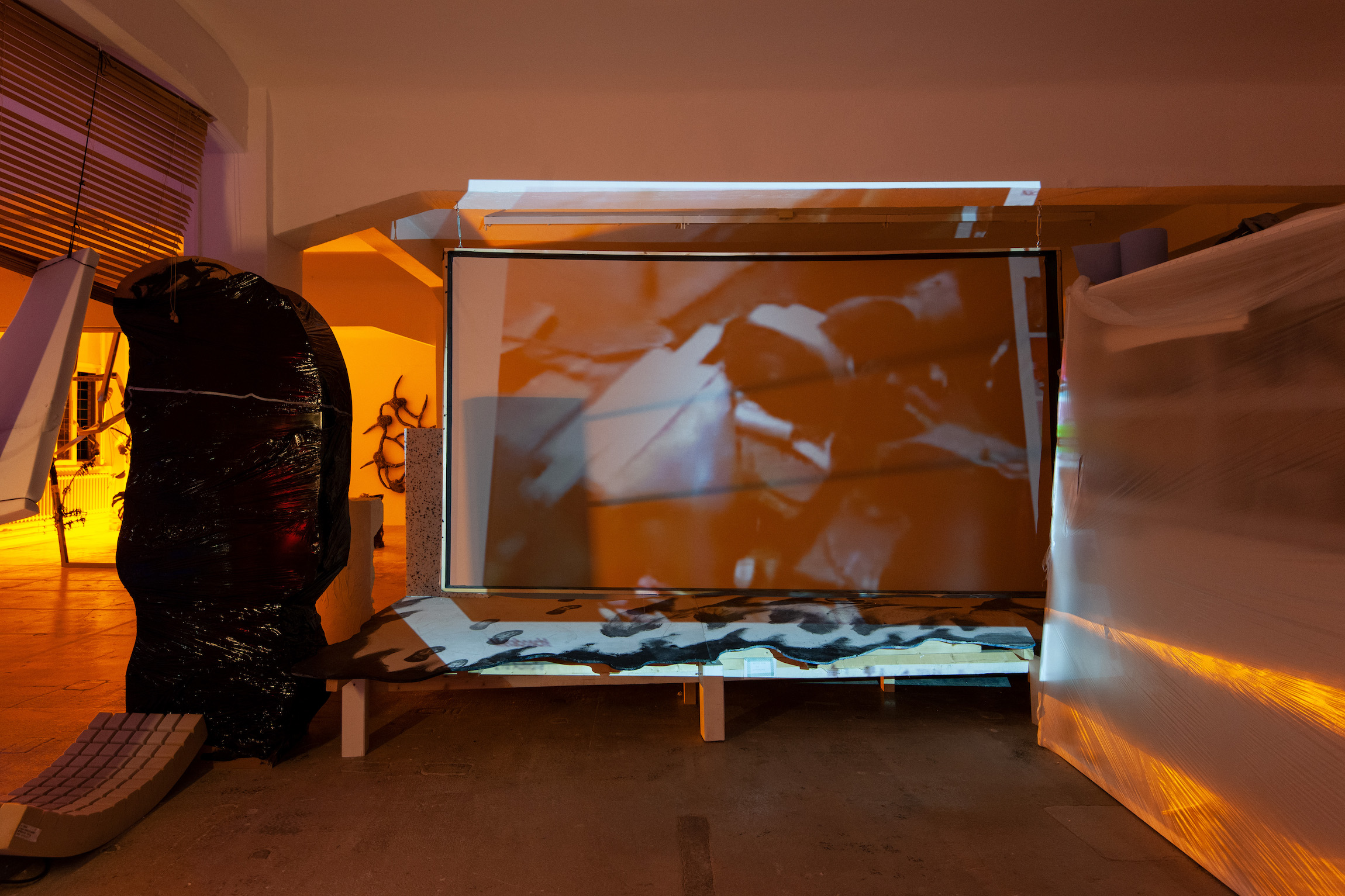
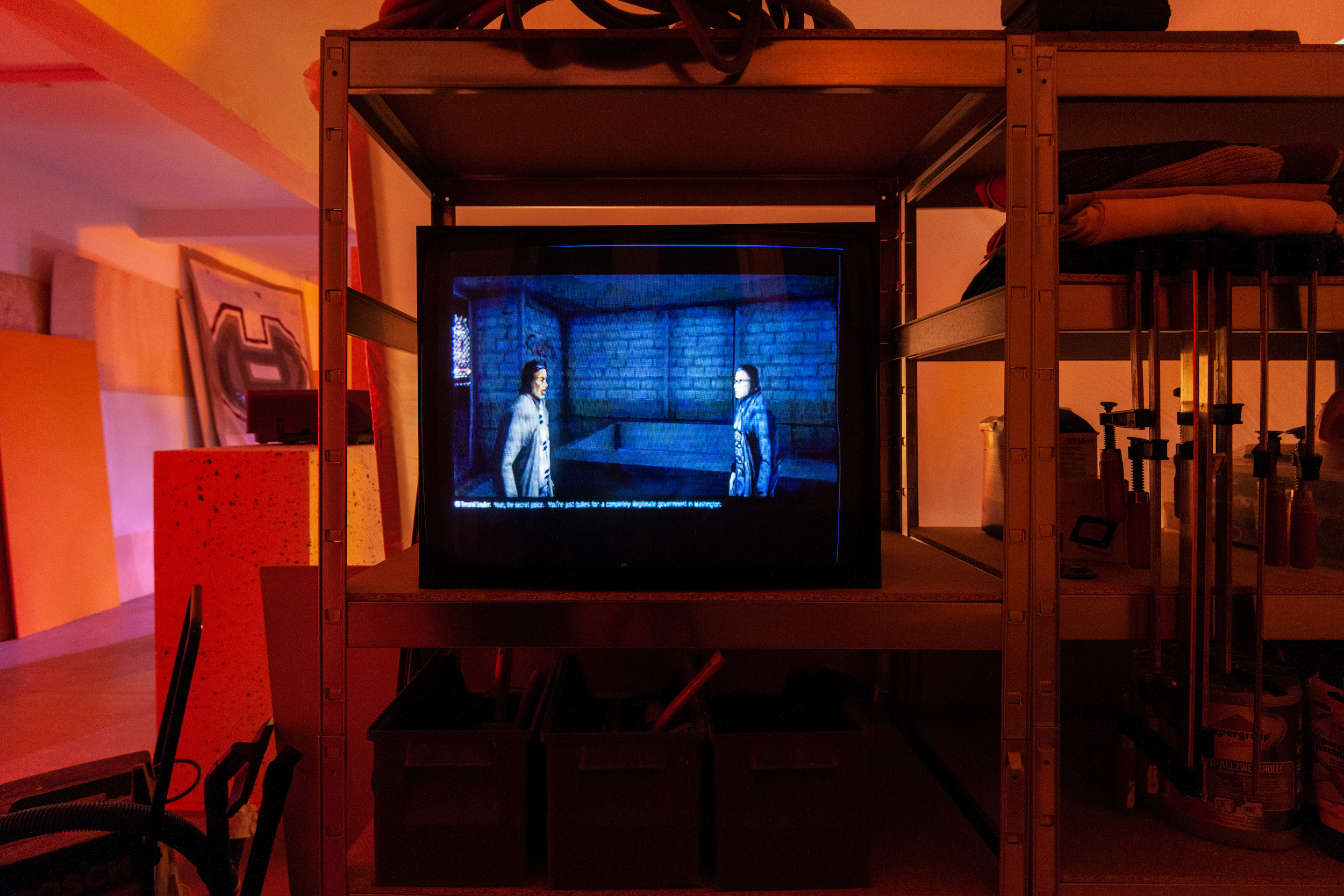
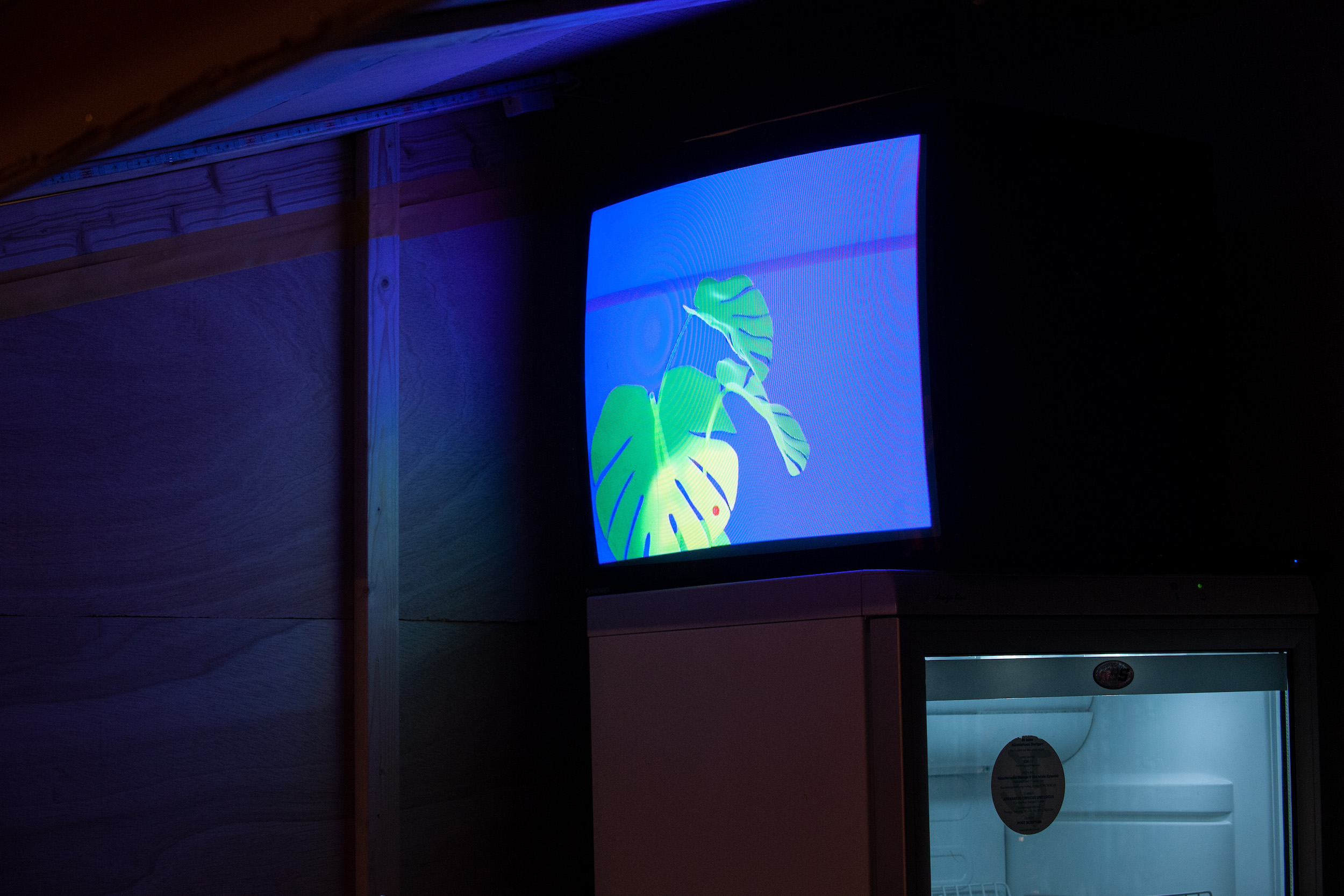
Alpha Centauri* is an experiment in two parts with students from the Royal Institute of Art, Stockholm and the State Academy of Fine Arts, Stuttgart.
The work is oriented around two levels of the Künstlerhaus, which will be repurposed as ateliers, living spaces, and an environment activated by, and defined through individual and collective making. In the period of living and working together, a total work is produced, parsing out the conflicting dimensions of control/frame and out of control/unpredictability.
As an educational project and experiment, Alpha Centauri is in part a meditation on the increasing ubiquity of a managerial culture and its associated emphasis on measurability, accountability, performance, and self-evaluation. The project looks at this form of management and its manifestations in the administration and mediation of art, while testing out some alternative scenarios. It is a process of staying put with the contingent nature of the given setup, and engaging with the third mind generated from within the collaborative process.
These practices connect with the history of Künstlerhaus Stuttgart, a space with a tradition of self-organisation, initiated and formulated by young artists and art students in the late 70s. Here energies and pleasures of self-exile are introduced into a conversation that challenges some of its historic privileges and exclusions.
Although its outcome remains unknown, Alpha Centauri intends to live with qualities of sociability, discord, the transformative and ineffable in the teaching and making of art.
Part I
Maiken Buus Andersen, Izabel Färnstrand, Salad Hilowle, Sonia Sagan, Oscar Kaleva Karlsson, Vida Lavén, Mari Mattsson, Linnéa Ndangoya Palmcrantz, Emilie Palmelund, Levi Sebton and Jesper Vesterlund
Opening on 30 November, with a performance by YOR at 9pm
Part II of Alpha Centauri opens on 15 December, from 7pm
Leon Dürnay, Janis Eckhardt, Juliane Gebhardt, Hyunjeong Ko, Evgenia Kosareva, Lea Lenk, Jaewon Park, Tzusoo and Helen Weber
To Part II
Convened by Annika Eriksson (Royal Institute of Art, Stockholm) and Fatima Hellberg (Künstlerhaus Stuttgart)
*Alpha Centauri is the star system closest to the Solar System. Researchers have sought to verify the existence of an Earth-like planet in the Alpha Centauri using transits – a slight dimming in the star as the planet passes by has been detected – but no additional, conclusive evidence.


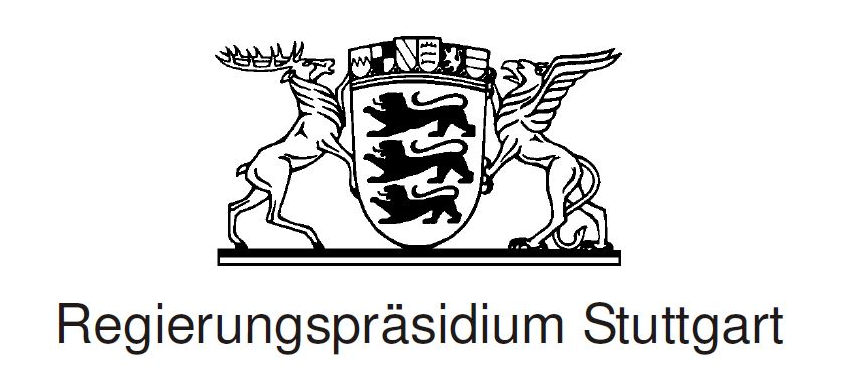



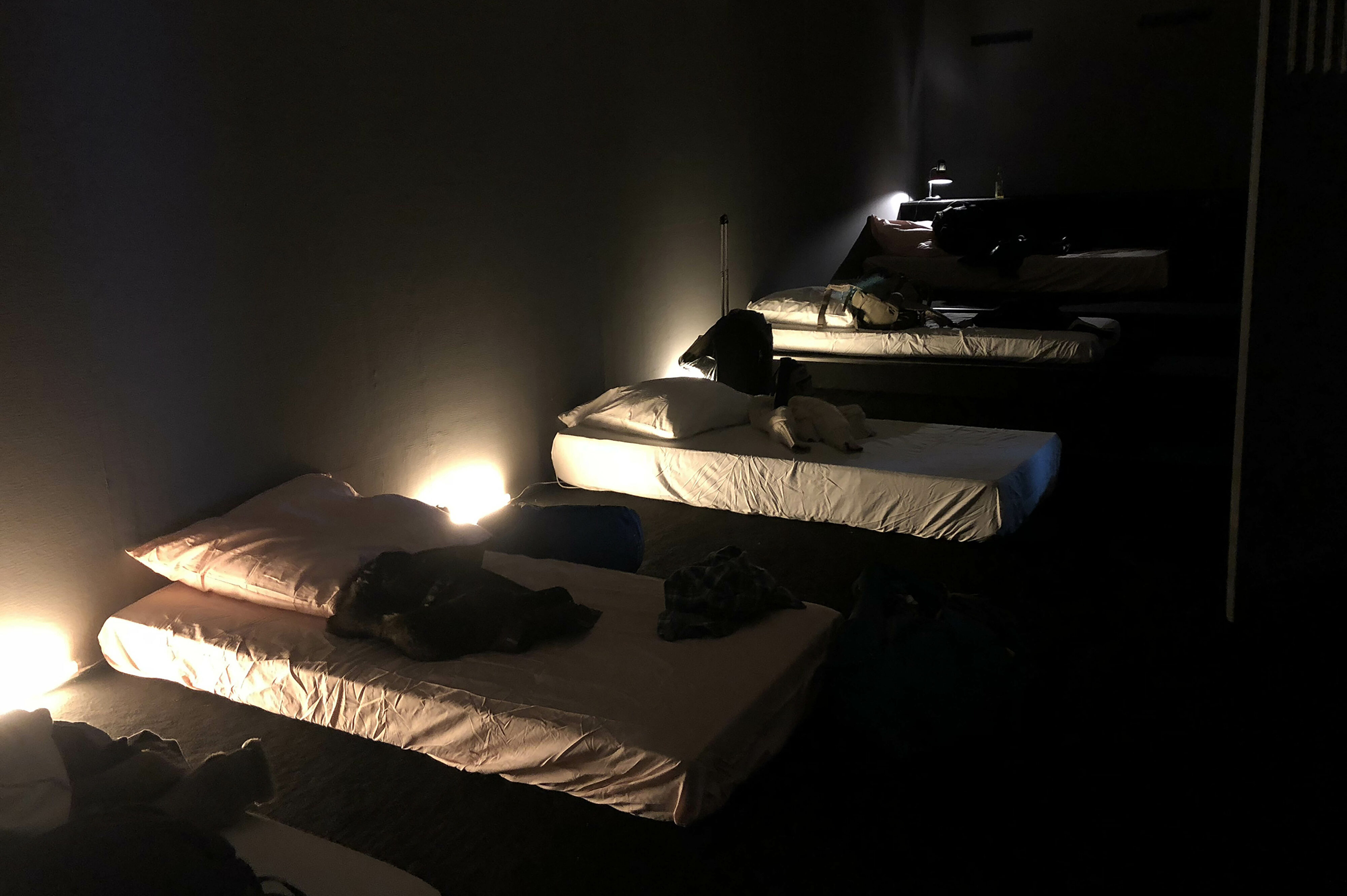
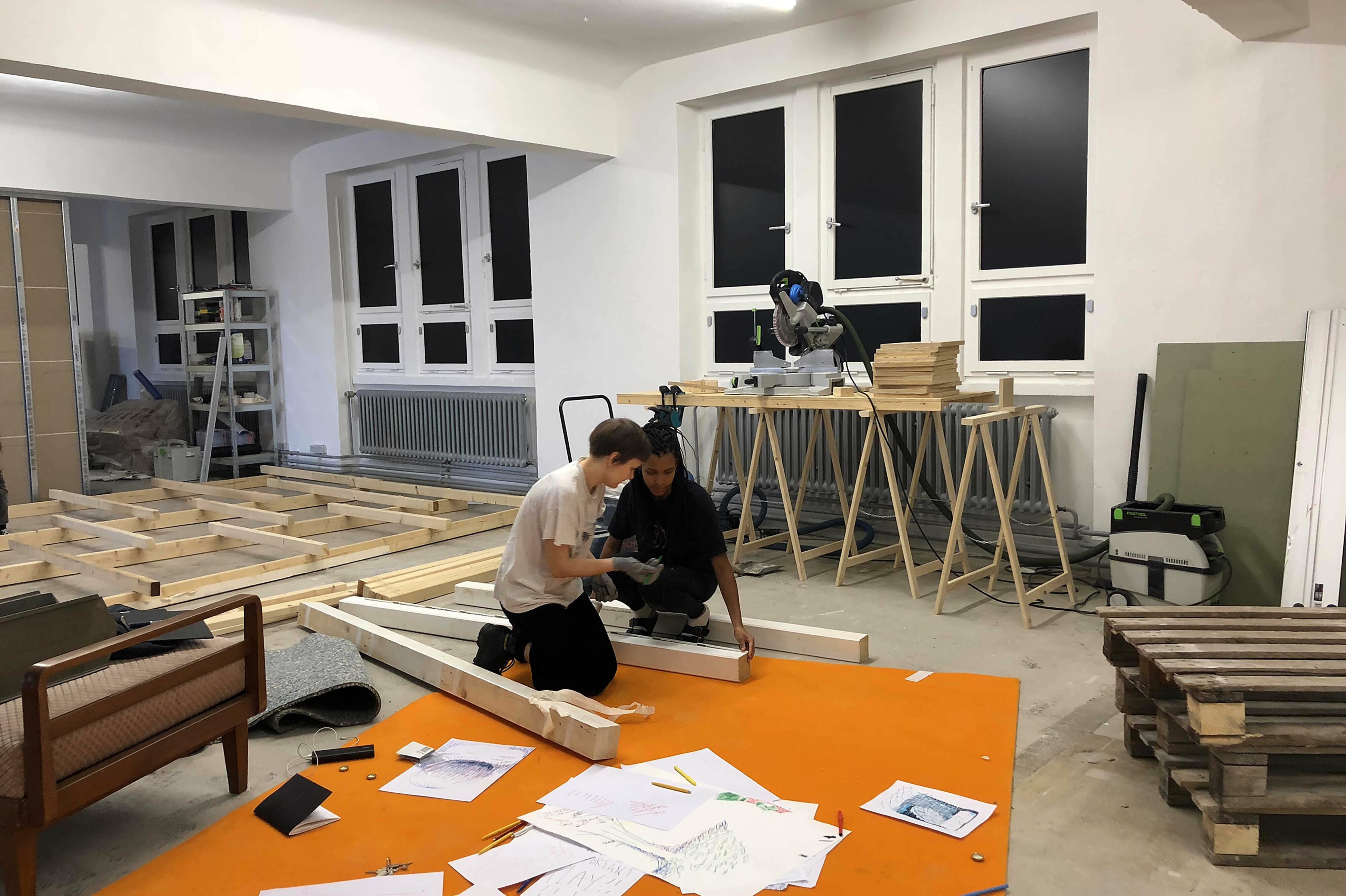
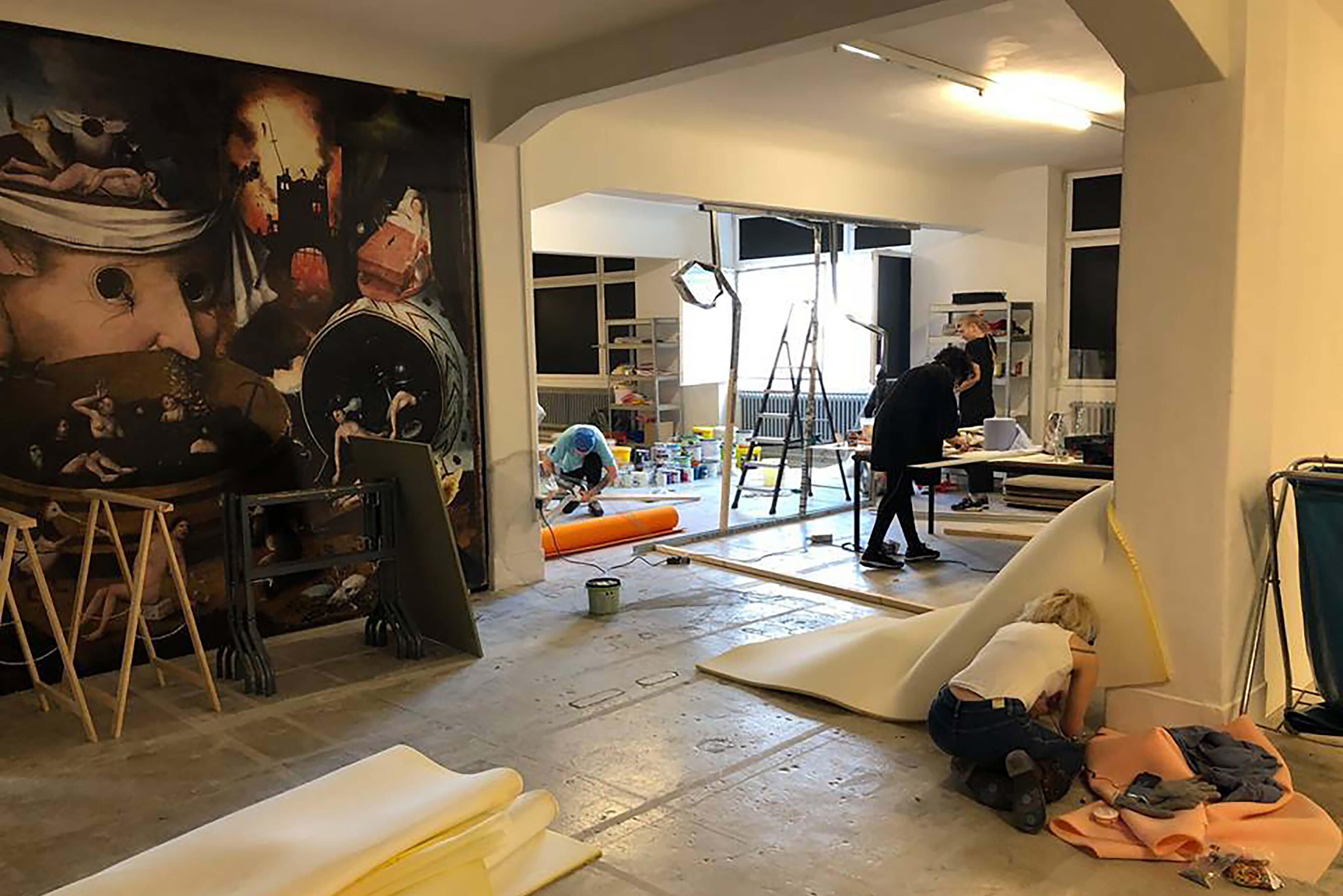
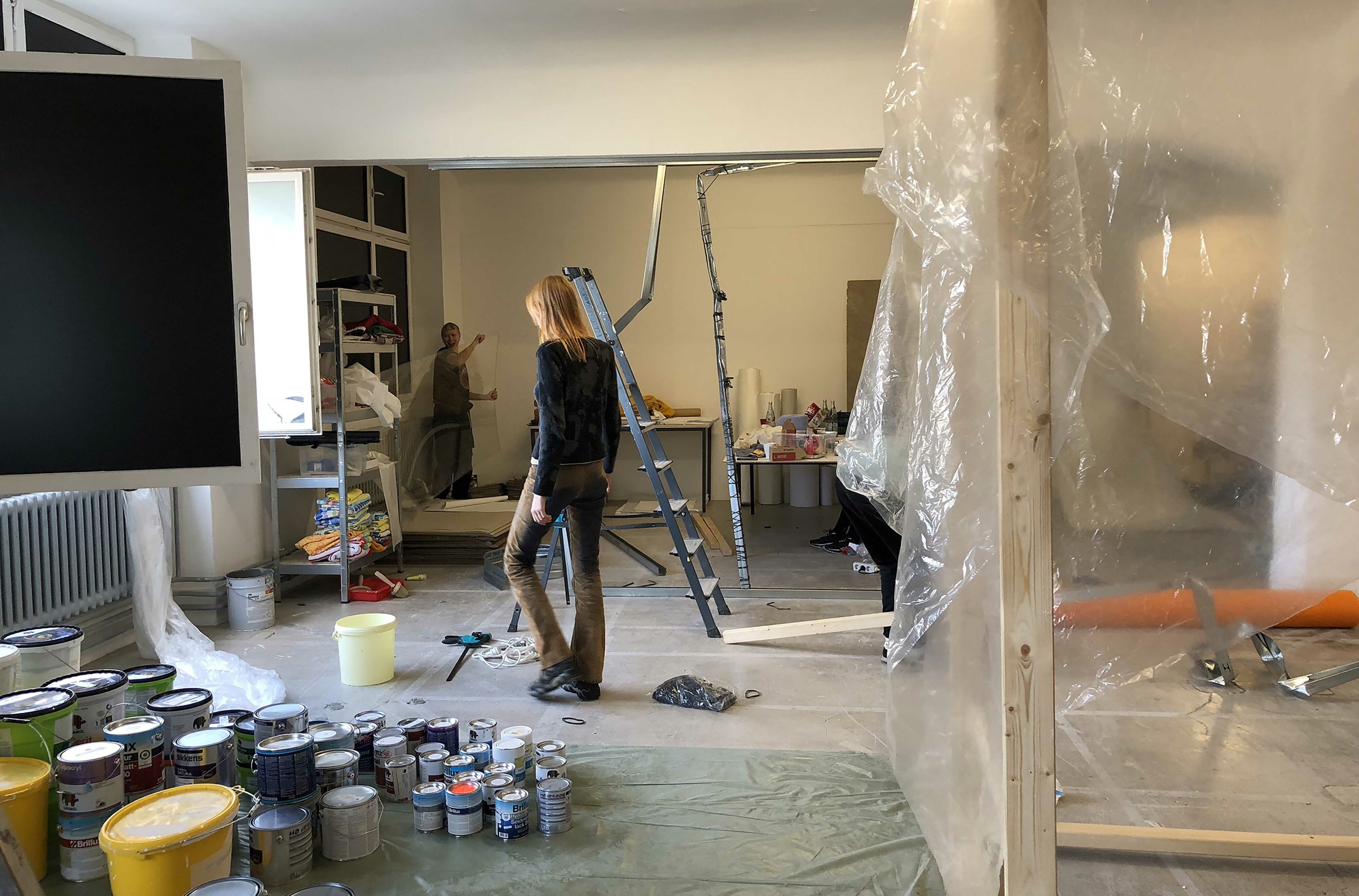
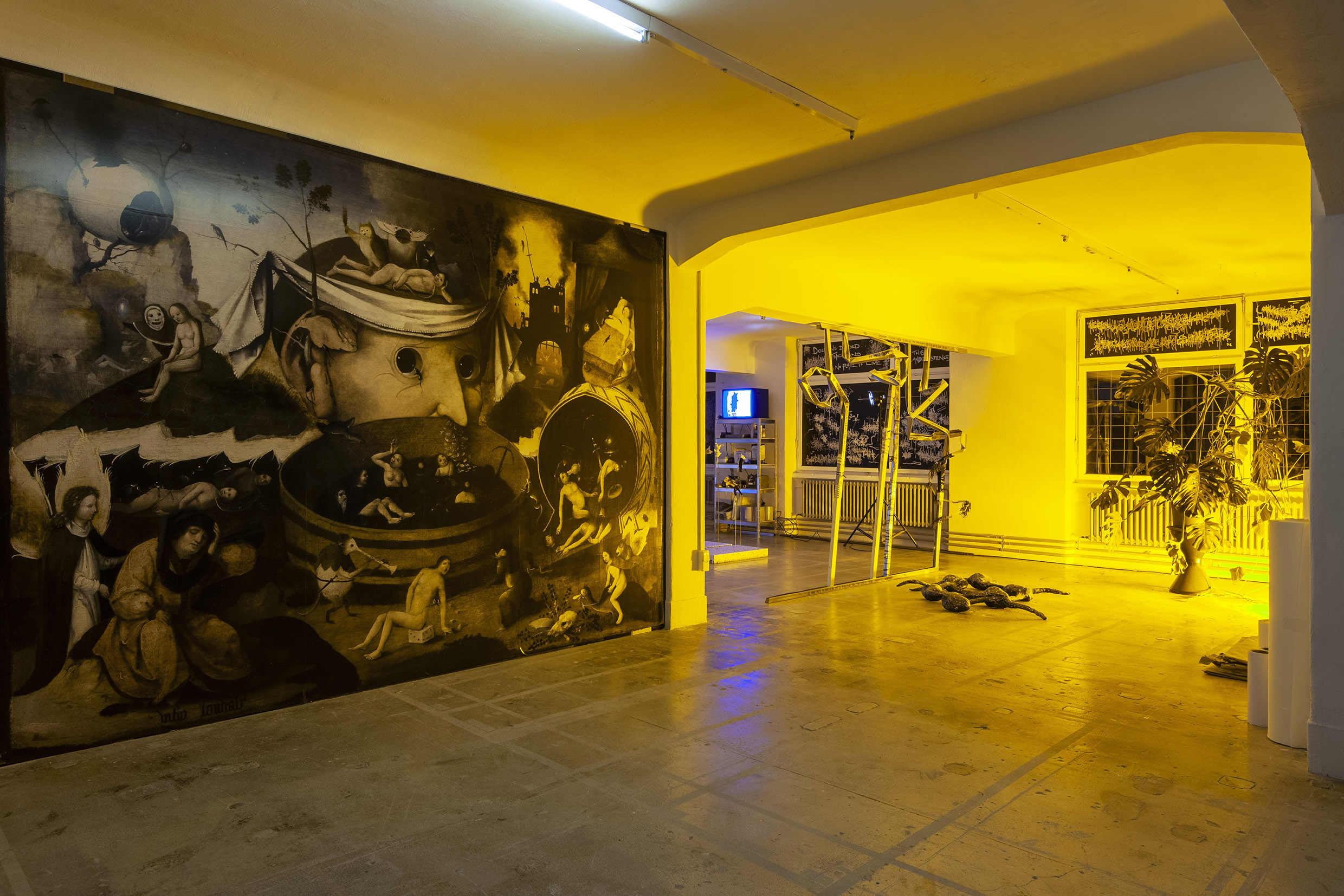

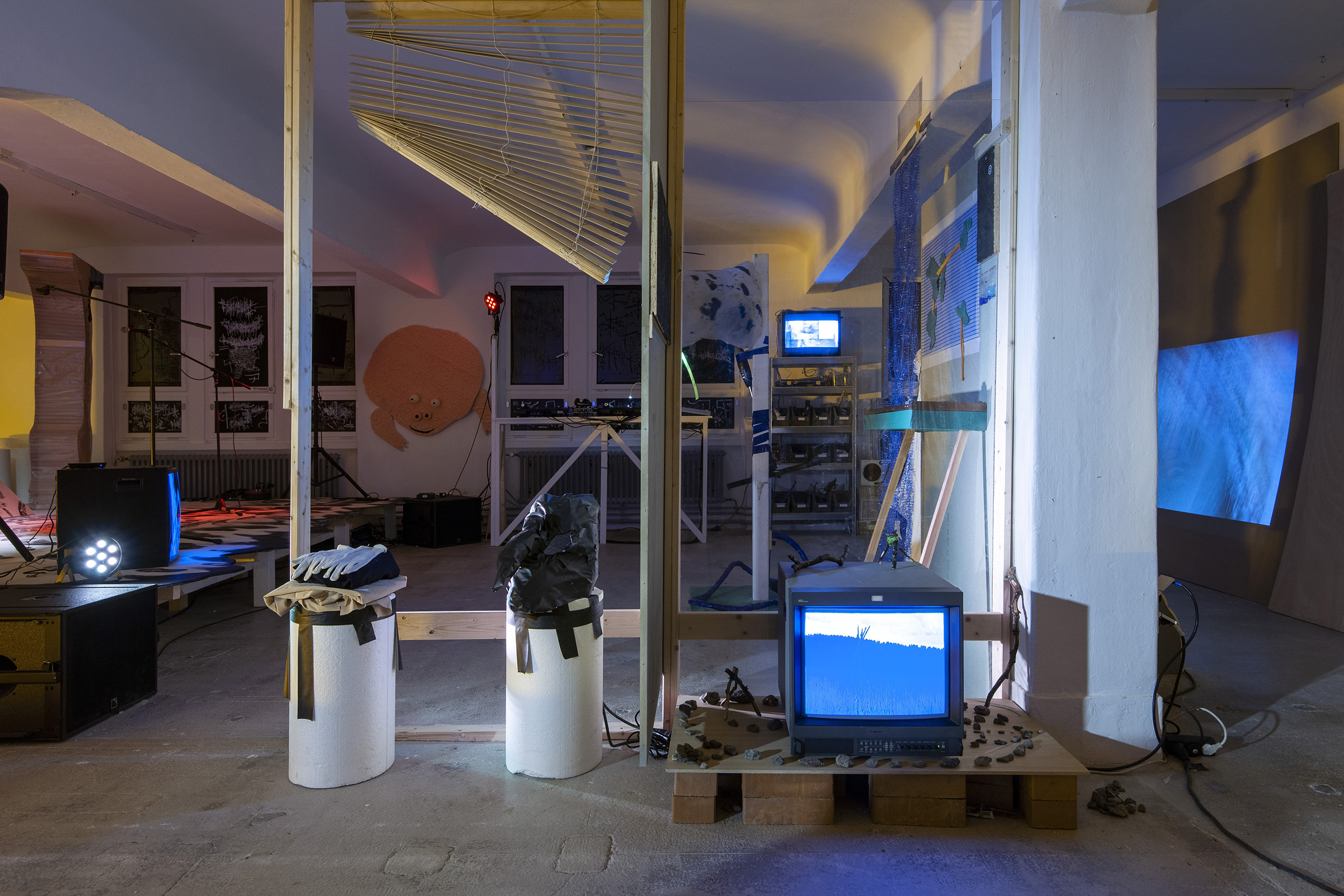






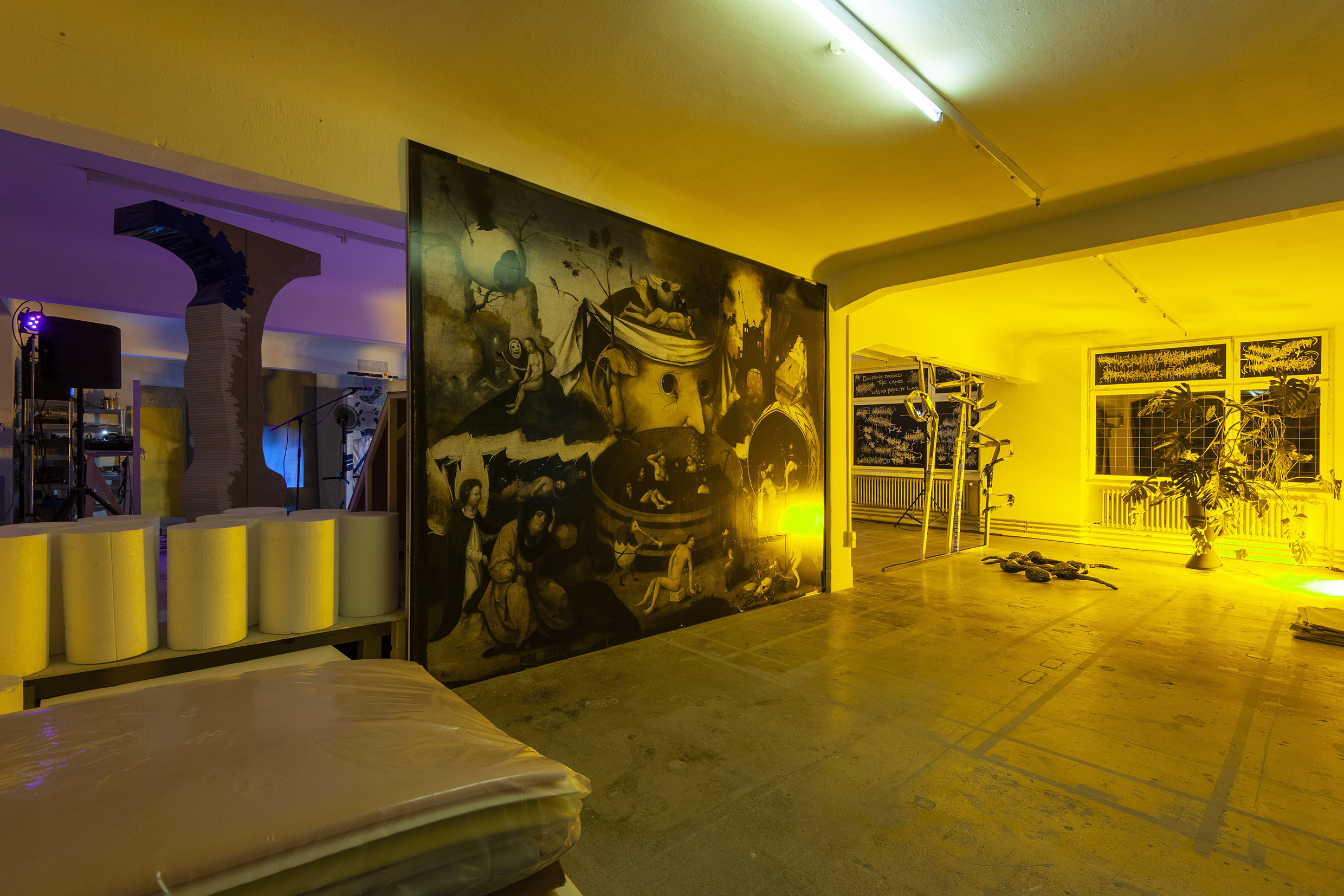
You are warmly invited to:
The launch of Occasional Criticism, a chapbook about cinema, criticism, being an audience and the ways film bleeds into our everyday lives, by Mike Sperlinger
on Friday 26 October, 6pm at Delphi Kino
Tübinger Str. 6, 70178 Stuttgart
followed by a dinner at Künstlerhaus Stuttgart
“It is necessary to establish… that there is only one true cause because there is only one true God; that the nature or power of each thing is nothing but the will of God; that all natural causes are not true causes but only occasional causes.”
– Nicholas Malebranche
“A Theatre is a rarity, to be selected with care, anticipated, experienced, discussed at great length, long remembered. But a film more or less is neither here nor there.”
– Dorothy Richardson
In the spirit of Occasional Criticism, in which writer Mike Sperlinger explores the idea that any screening ultimately is an occasion for speculation and sociability, we do not know which film will be showing at the Delphi that night. Preceding the film is an audio recording from another cinema, captured thirty years ago in Berlin by film curator and writer Madeleine Bernstorff. The audience will receive a copy of Occasional Criticism and an invitation to carry on the conversation with Sperlinger and Bernstorff over dinner around the corner, at Künstlerhaus Stuttgart.
The evening is part of Gemini, curated by anorak and realised in cooperation with Akademie Schloss Solitude, Künstlerhaus Stuttgart, and Delphi Kino.
Gemini continues with the opening of its first exhibition chapter on Friday 16 November, 7pm at Solitude’s Project Space with works by Rosa Aiello, Tupac Cruz, Daniel Hopp, James N. Kienitz Wilkins, Julica Morlok and Ana Wild.

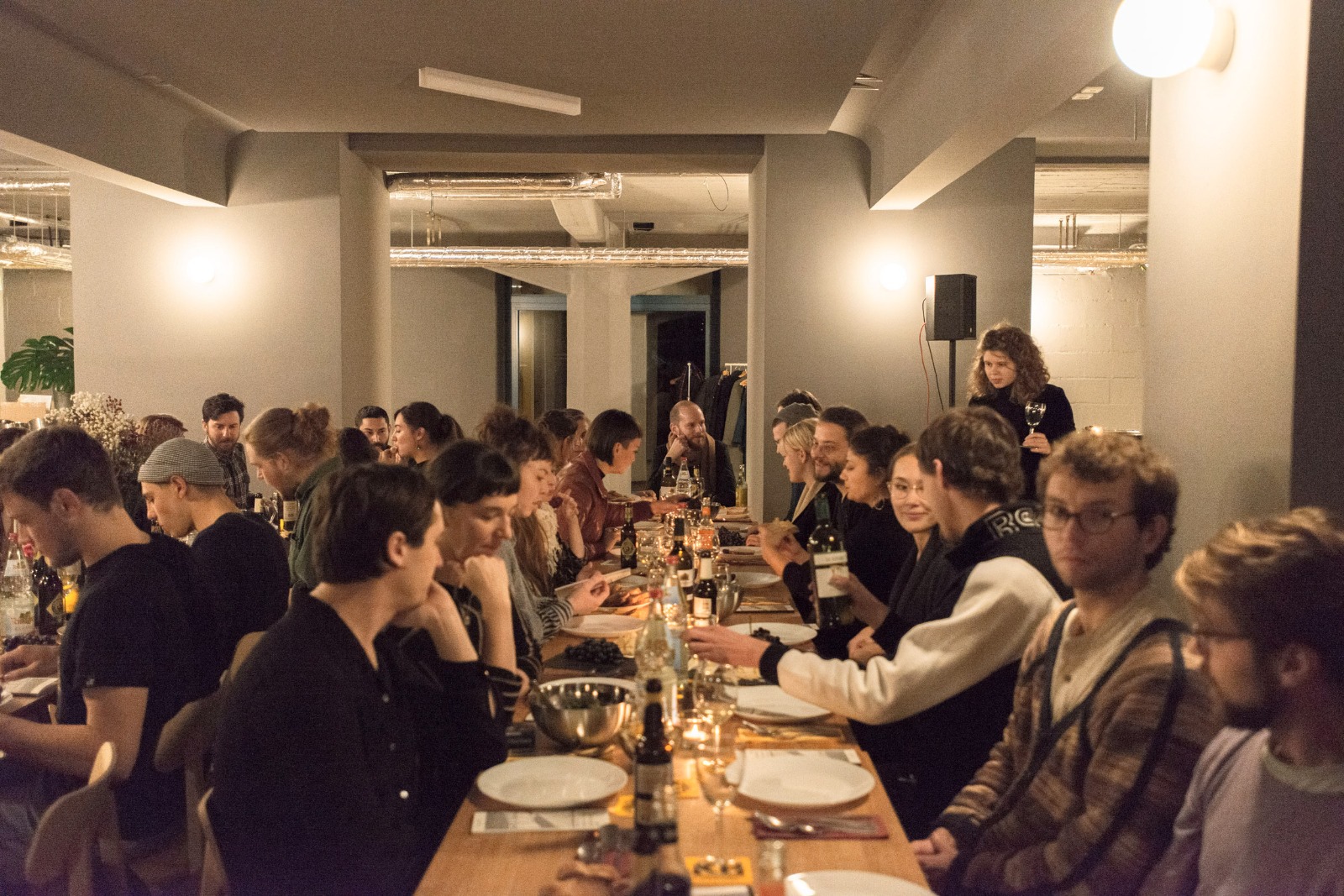
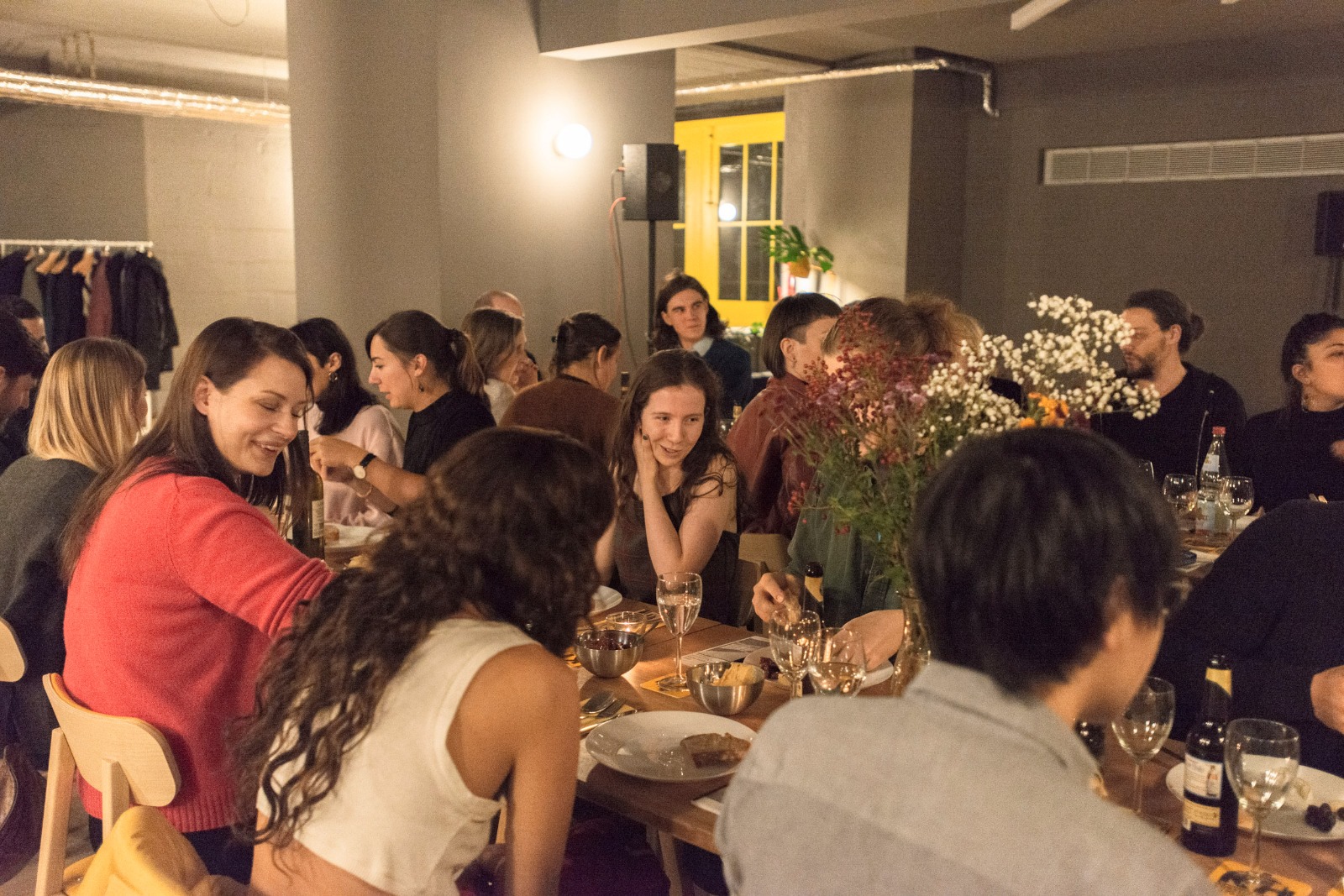
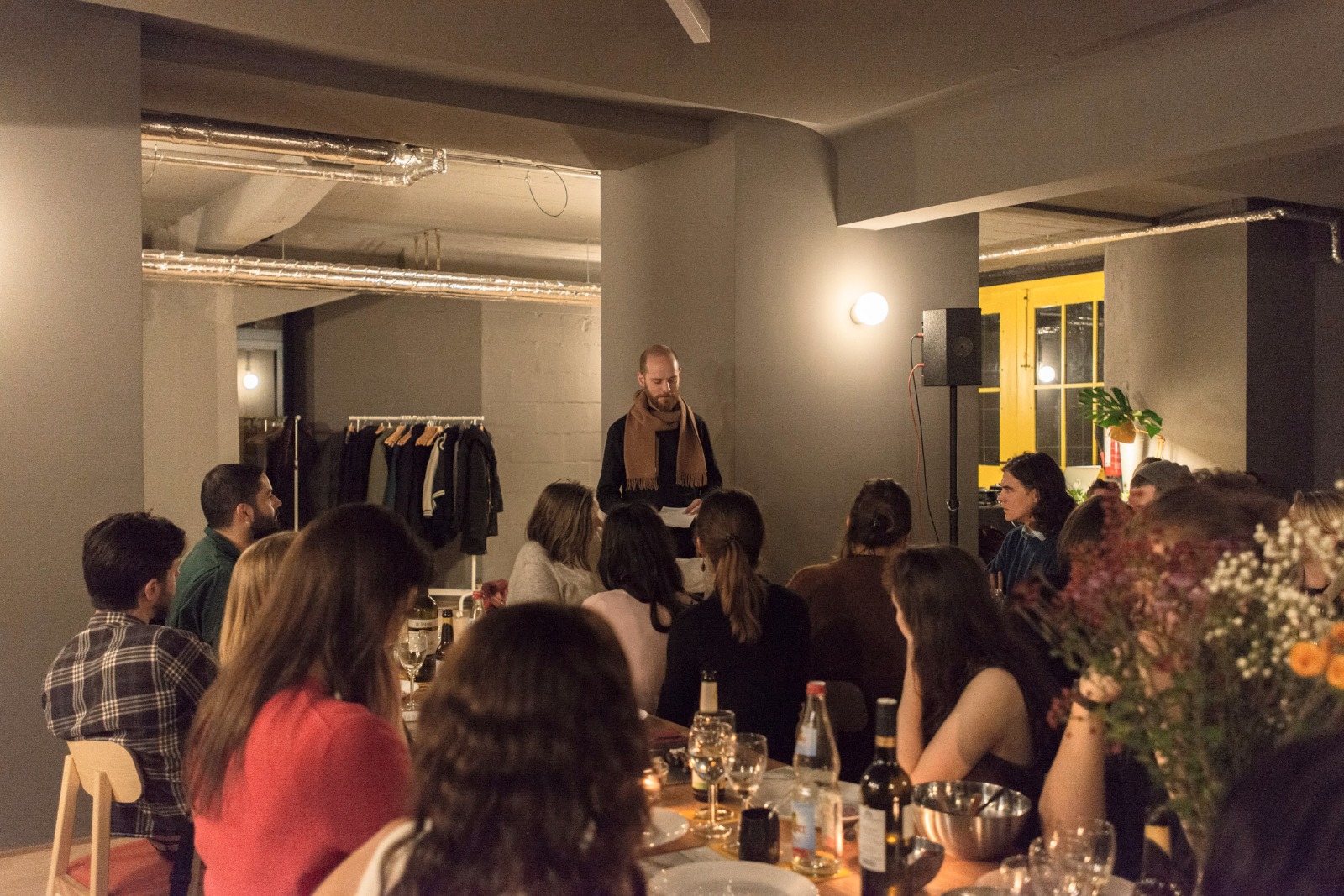
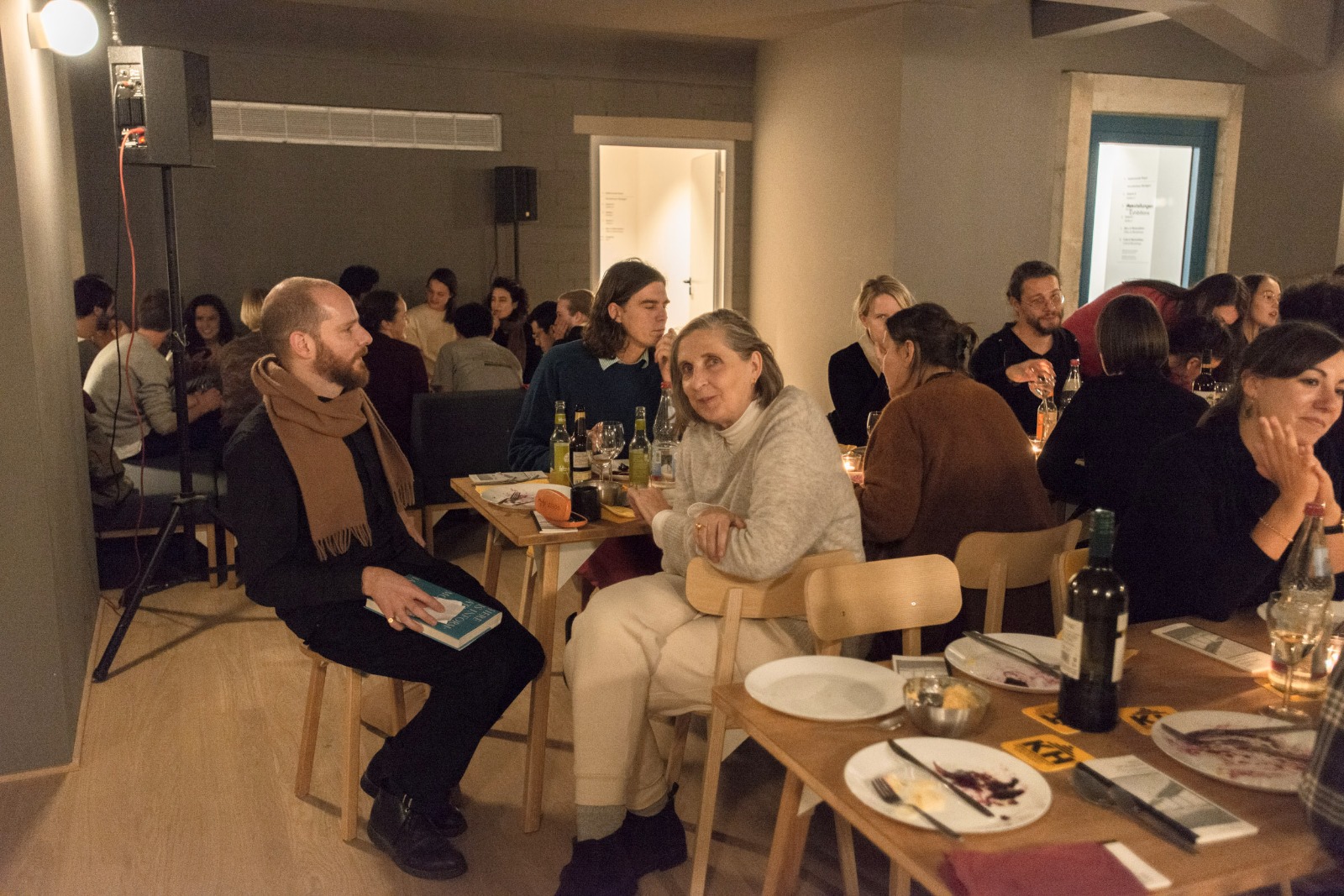
This year, Künstlerhaus Stuttgart celebrates its 40th anniversary. For four decades now, the Künstlerhaus has distinguished itself with an internationally renowned curatorial program. In addition, for many years it has had an interdisciplinary studio program with annually awarded scholarships as well as ten workshops, ranging from printmaking to audio to ceramics, which primarily offer local artists a place of production. In 1978, it was the wish of the initiative group to create a production and exhibition space for artists, and at the same time a place for exchange and communication. This wish was fulfilled, so that 40 years later, graduates of art academies as well as experienced local and international artists find a place of production in the Künstlerhaus, which at the same time invites discourse.
For the first time, the Künstlerhaus Stuttgart, at the invitation of the Kunstfreunde Waldenbuch & Steinenbronn, is now presenting an exhibition in Waldenbuch of works by artists from the studios and workshops of the Künstlerhaus. Under the title Guest in Waldenbuch the artists take the opportunity to give an insight into their work and show besides painting, silkscreen and lithography also installations and ceramics.
The Künstlerhaus Stuttgart would like to thank the Kunstfreunde Waldenbuch & Steinenbronn for their cooperation.

An evening presented by Galerie Isabella Bortolozzi and Künstlerhaus at Babylon cinema to celebrate the Berlin launch of Ellen Cantor, A history of the world as it has become known to me. With an introduction by Fatima Hellberg.
BABYLON
Rosa-Luxemburg-Str. 30
10178 Berlin
babylonberlin.eu
Tuesday, 25 September 2018
7pm–10.30 pm
Ellen Cantor, Pinochet Porn (2008–2016) is a feature-length film embodying the multifaceted work of the late artist Ellen Cantor (1961–2013). Cantor worked on this feature-length, episodic narrative about the intertwined lives of five children and their maturation into adulthood during the final five years of her life. Produced using Super 8, archival footage, and animated drawings, Pinochet Porn takes the form of a soap opera, at once tragic and comical, and marked by a subversive sexuality. The story weaves between personal, political, and historical circumstances, obliquely revolving around the political discord under General Augusto Pinochet’s regime in Chile. The film is a document of an extended moment in New York and London avant-garde art and culture, featuring a range of artists, curators, writers, filmmakers, protagonists of the underground, musicians, and their children.
Ellen Cantor, A history of the world as it has become known to me
Editors: Lia Gangitano, Fatima Hellberg and Jamie Stevens
Contributors: Dodie Bellamy, Jonathan Berger, John Brattin, Ellen Cantor, Lia Gangitano, Cy Gavin, Jospeh Grigely, Clara López Menéndez and John Maybury
Publishers: Sternberg Press, Künstlerhaus Stuttgart, CCA Wattis Institute for Contemporary Arts and Participant Inc
Design: Pedro Cid Proença
Copyediting: Ben Caton (EN), Gitte Lindmaier (DE)
Translation: Robert Schlicht
Price: 26 EUR
To order the book, please email info@kuenstlerhaus.de
The next launch will take place with a launch event at Participant Inc, New York on Sunday 28 October, from 2pm.
A history of the world as it has become known to me is realised with the generous support of the German Federal Cultural Foundation, the City of Stuttgart, Wüstenrot Foundation, the Ministry of Science, Research and the Arts, Baden-Württemberg (MWK), and Valeria Napoleone.

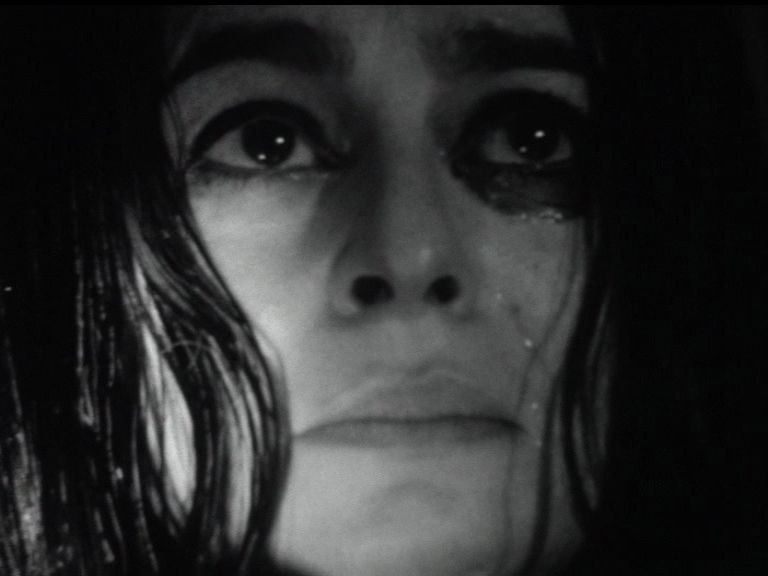
On September 22, 2018 Künstlerhaus Stuttgart celebrated its 40th anniversary. In addition, we inaugurated the renovated and redesigned restaurant on the ground floor after a one-year rebuild period.
Here are some impressions of the evening with a big thank you to Wolfgang Dauner, Jon Shit as well as to all the speakers and not least to all the guests and friends of Künstlerhaus.
Thanks to Kessler Sekt, Lammbrauerei Hilsenbeck, Collegium Wirtemberg, WGV Versicherungen, Piano Fischer
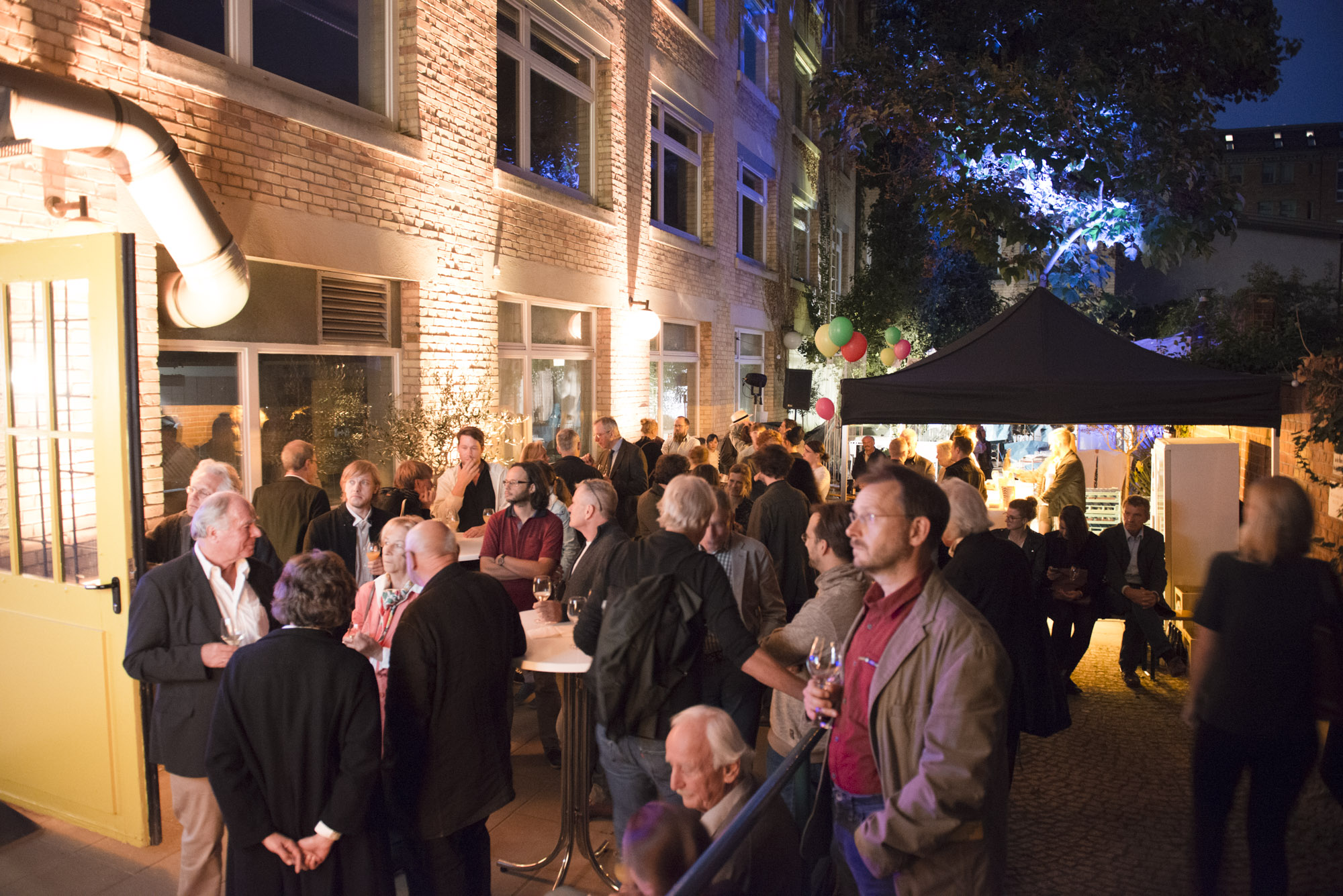
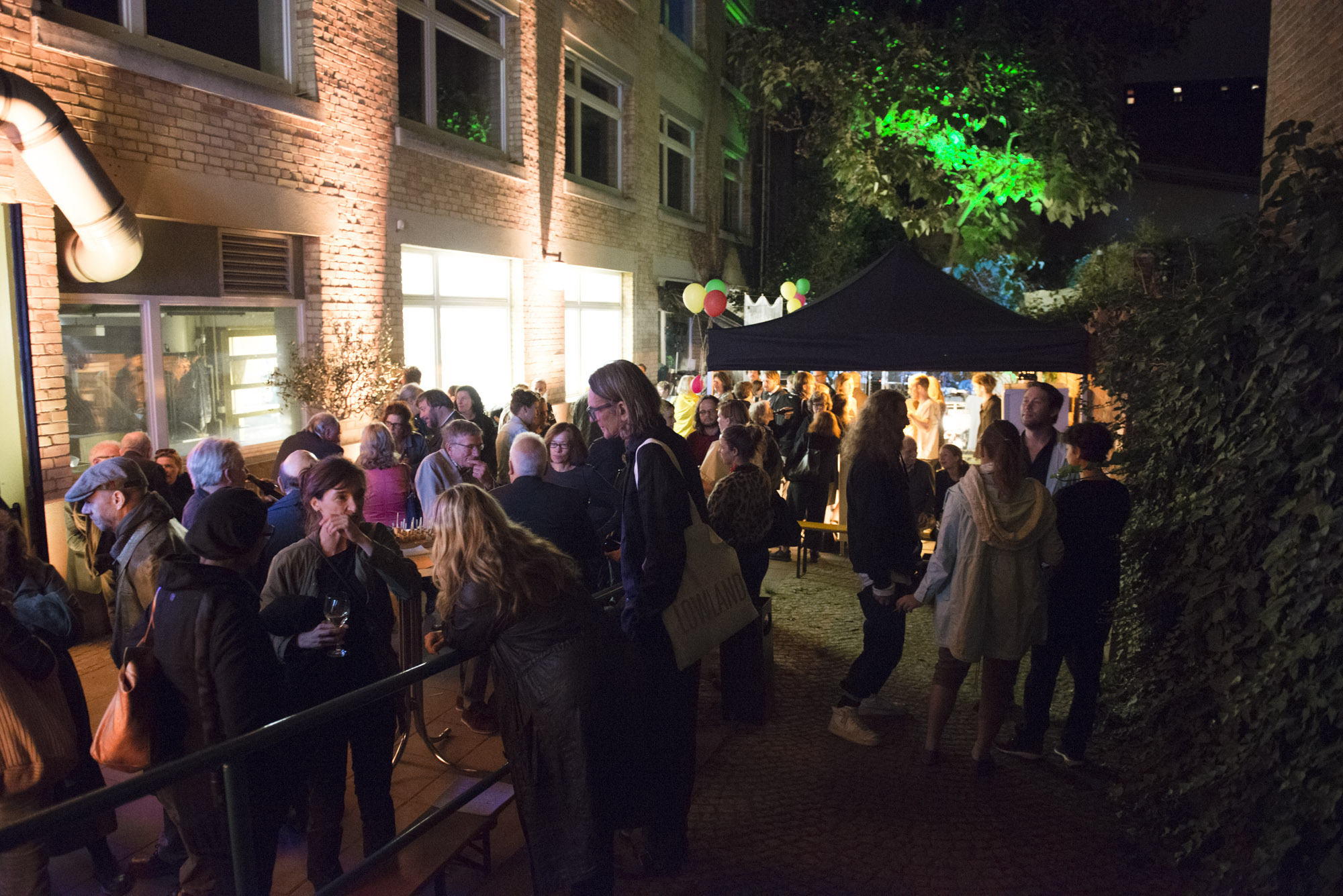
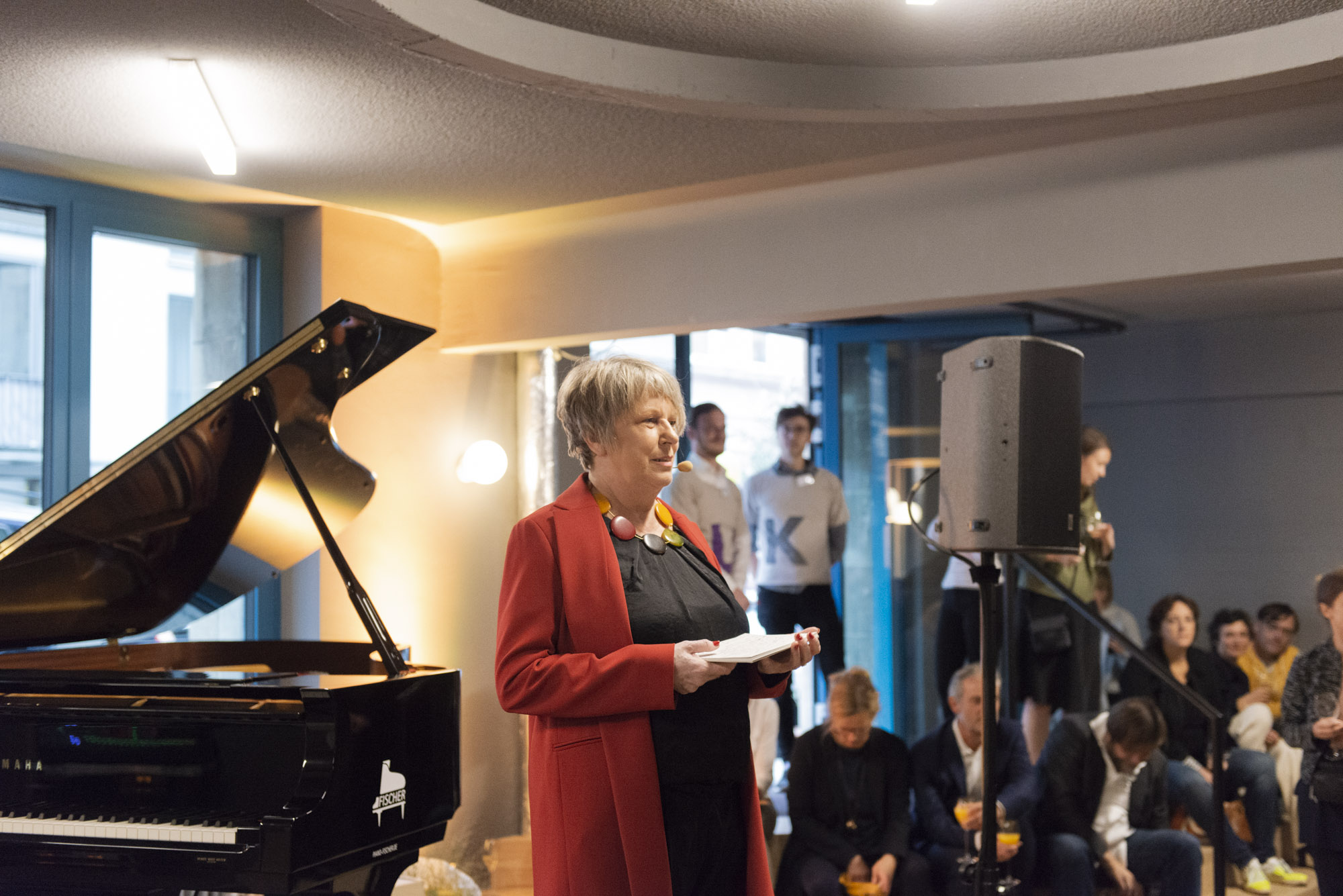
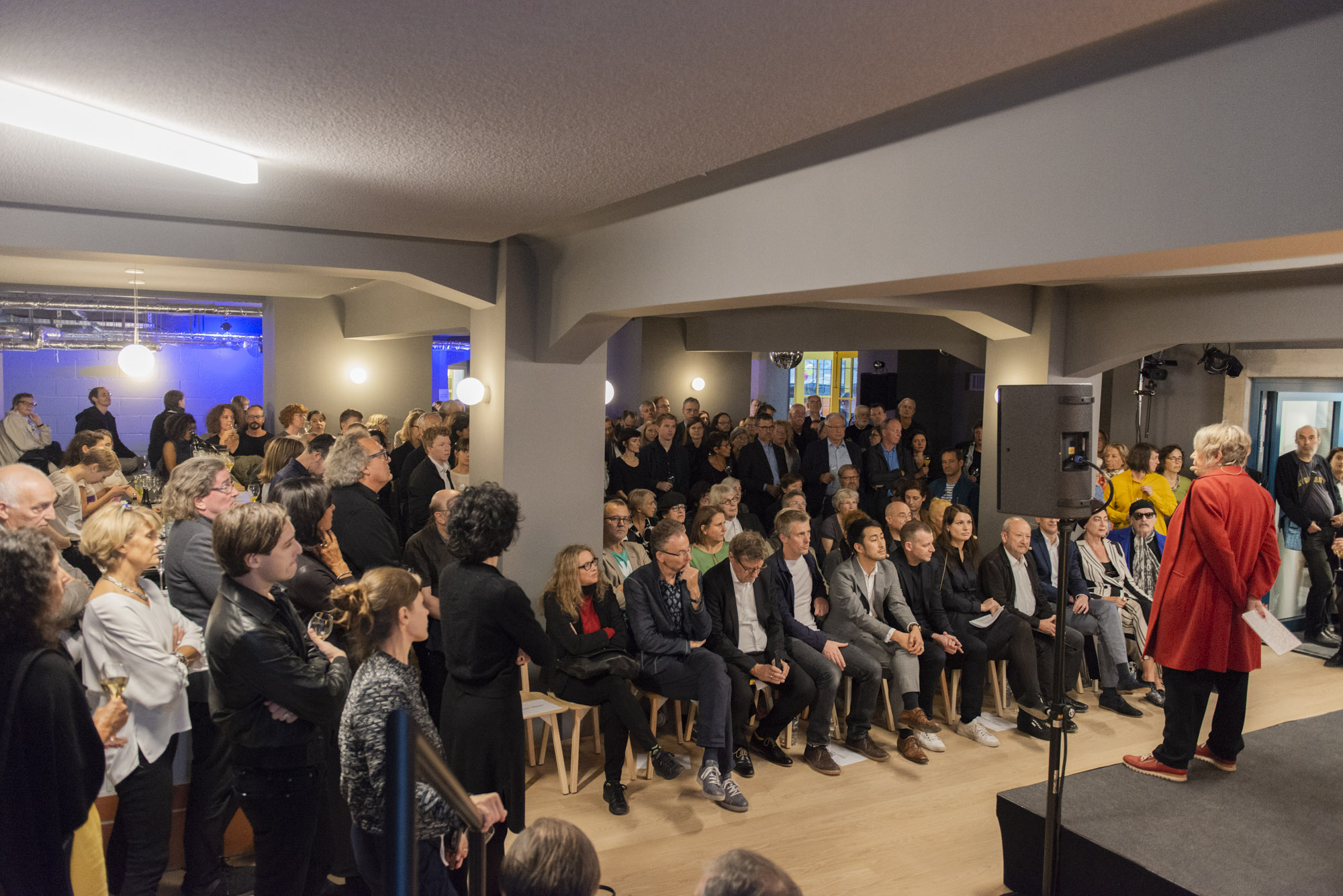
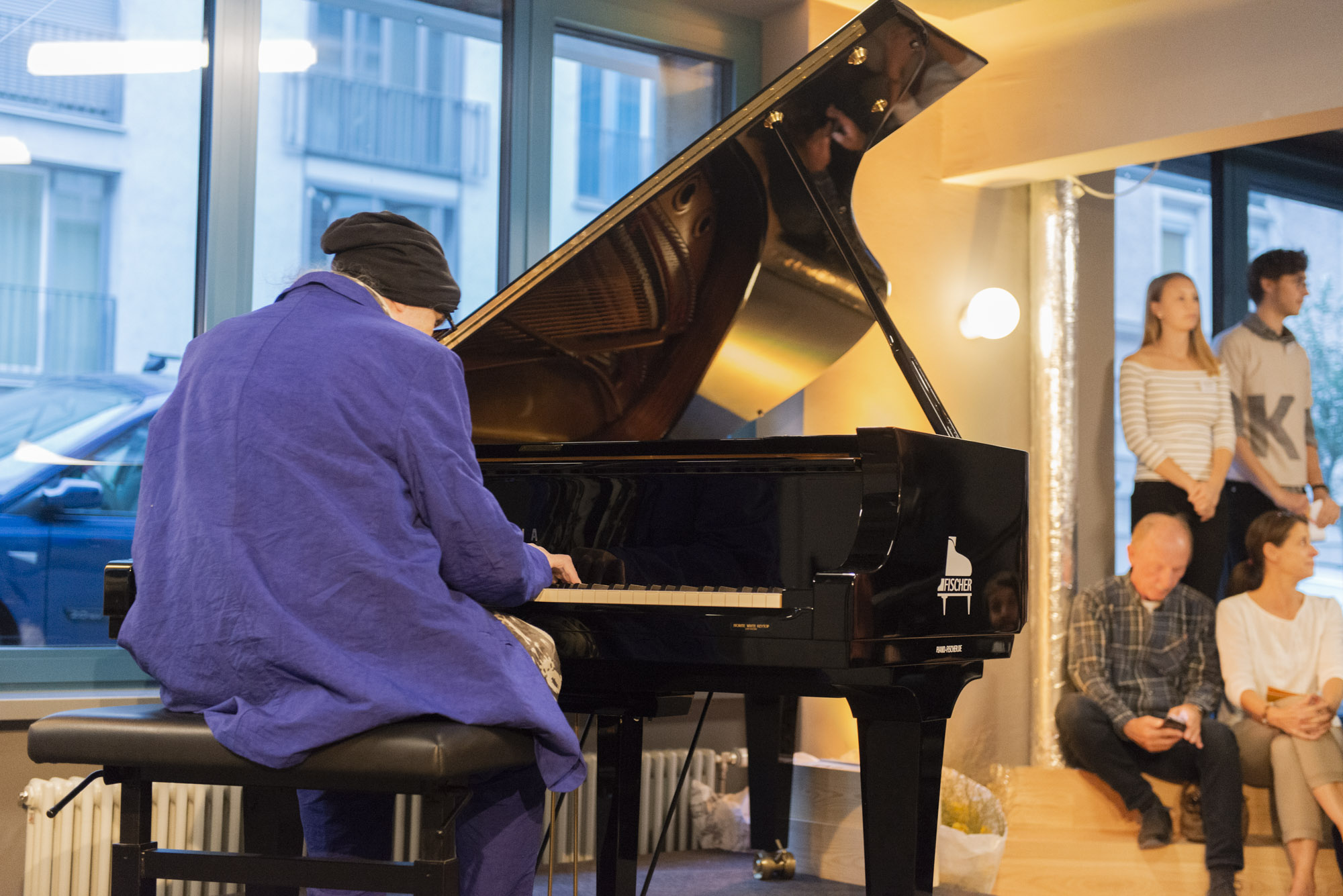
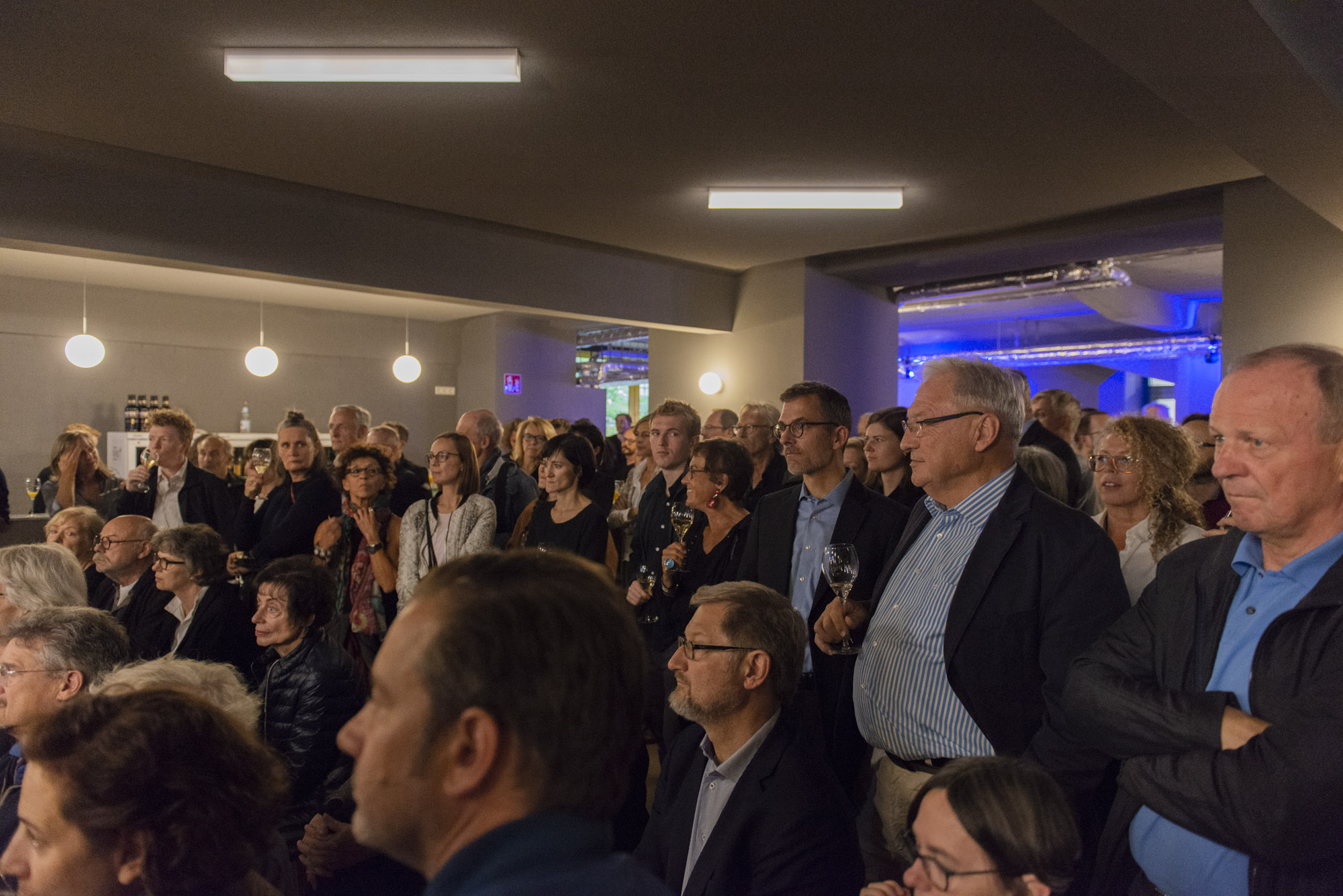
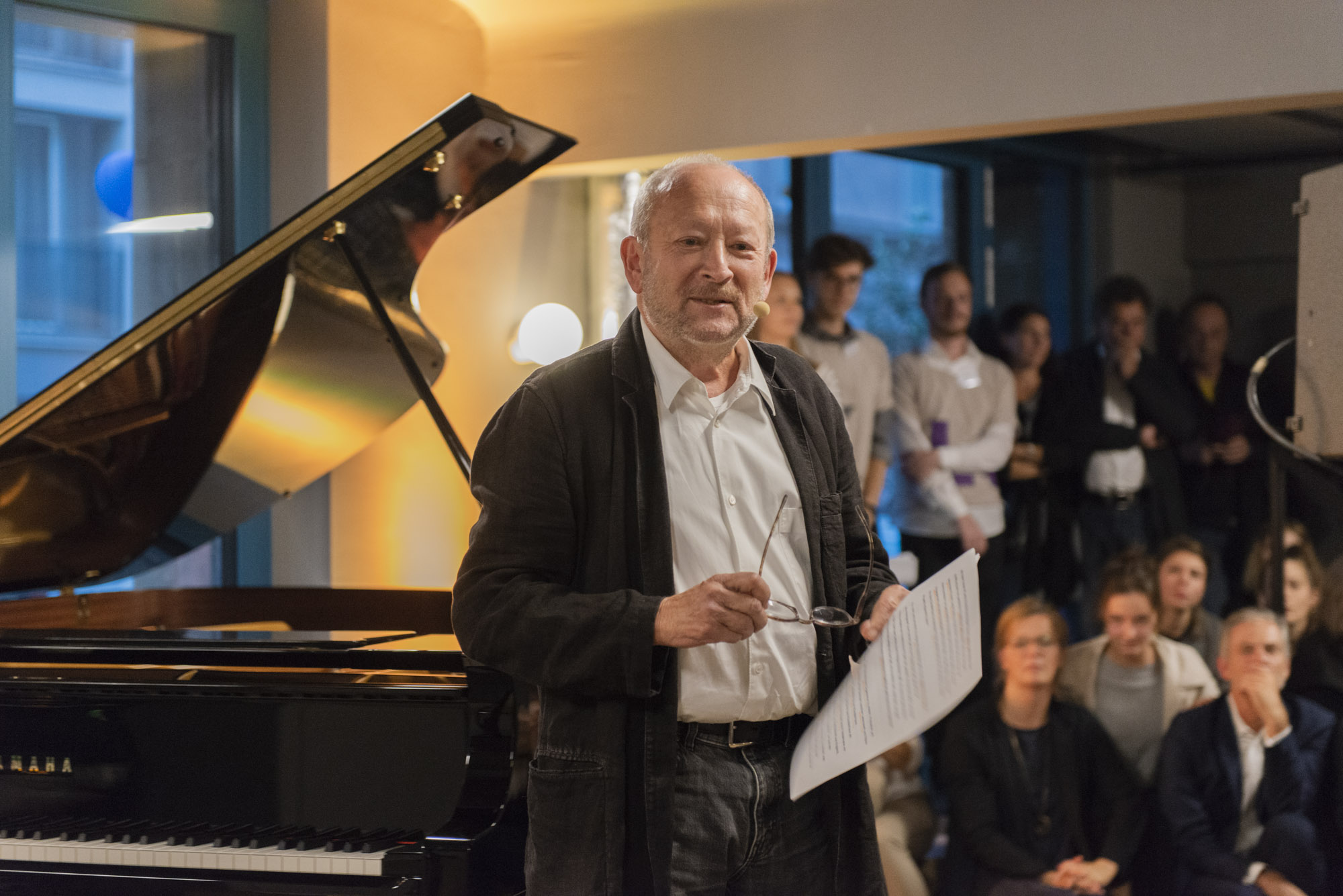

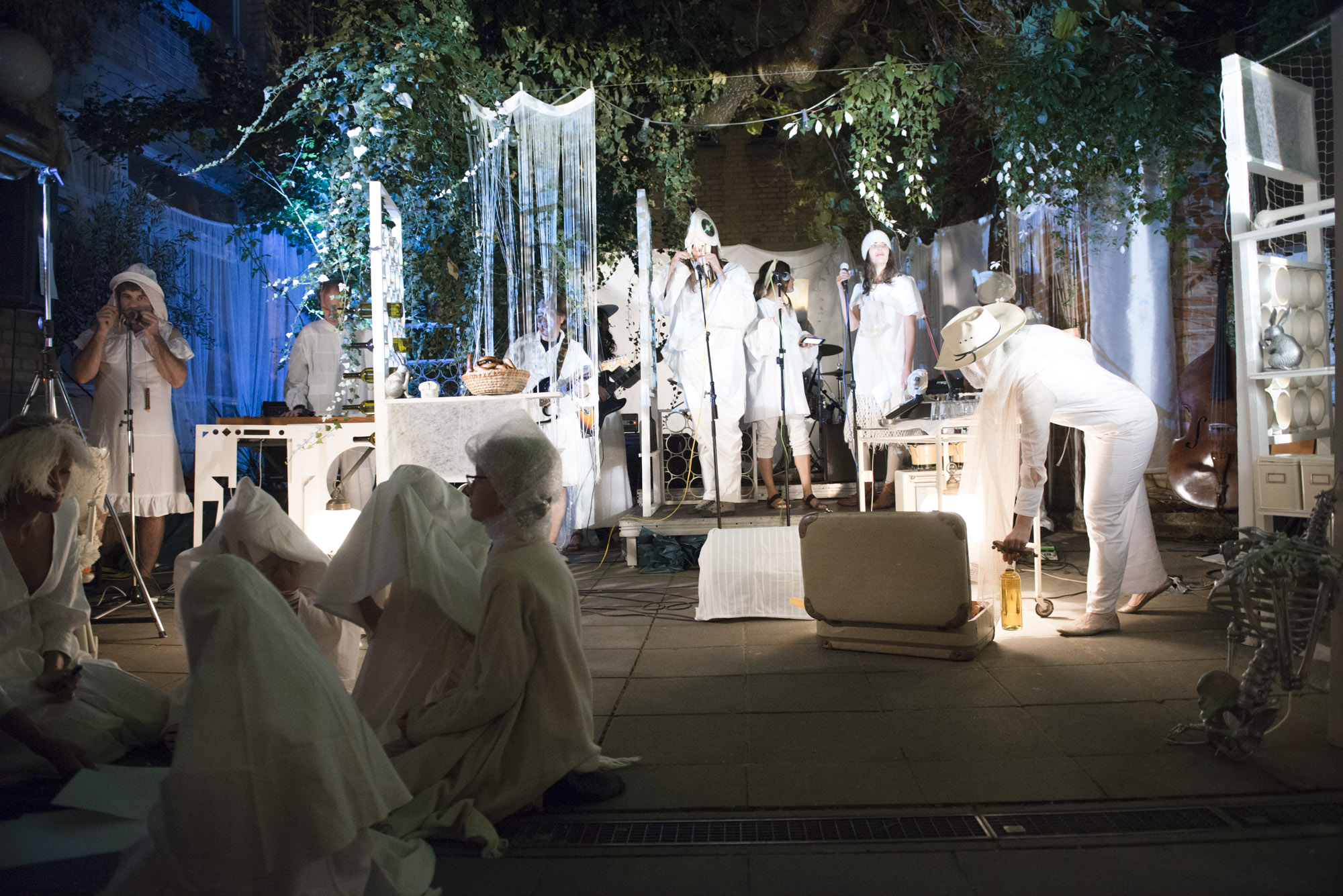
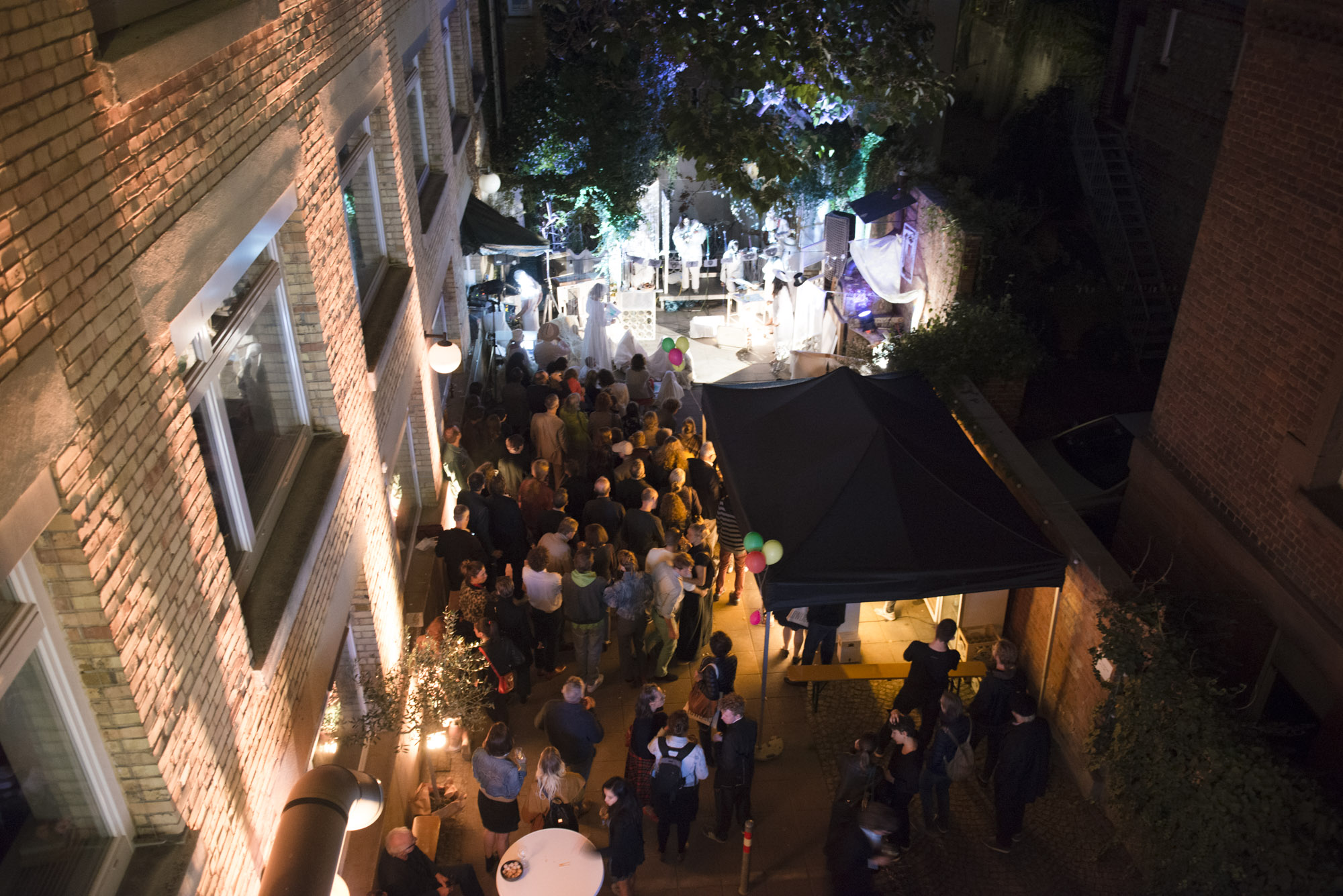
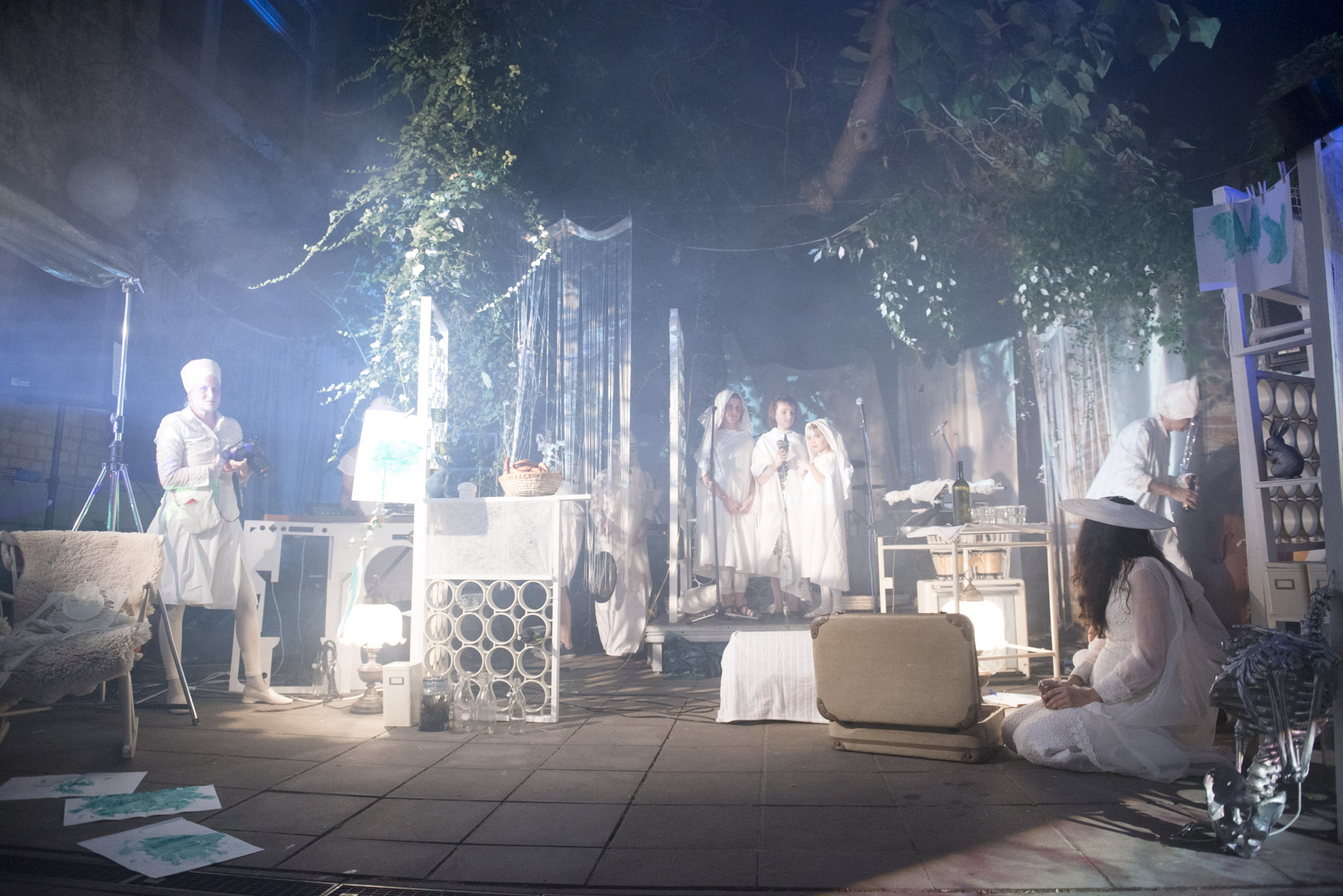
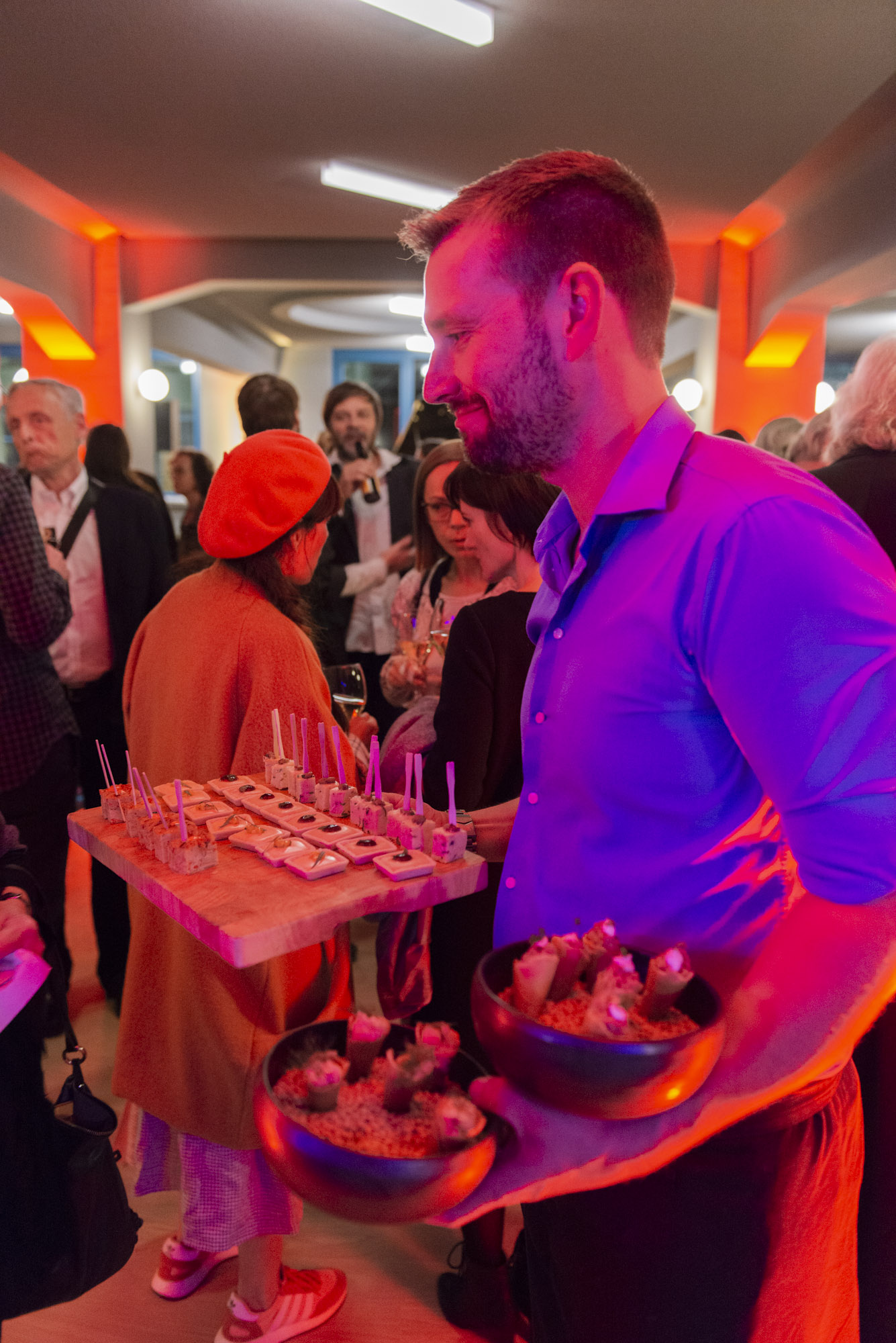
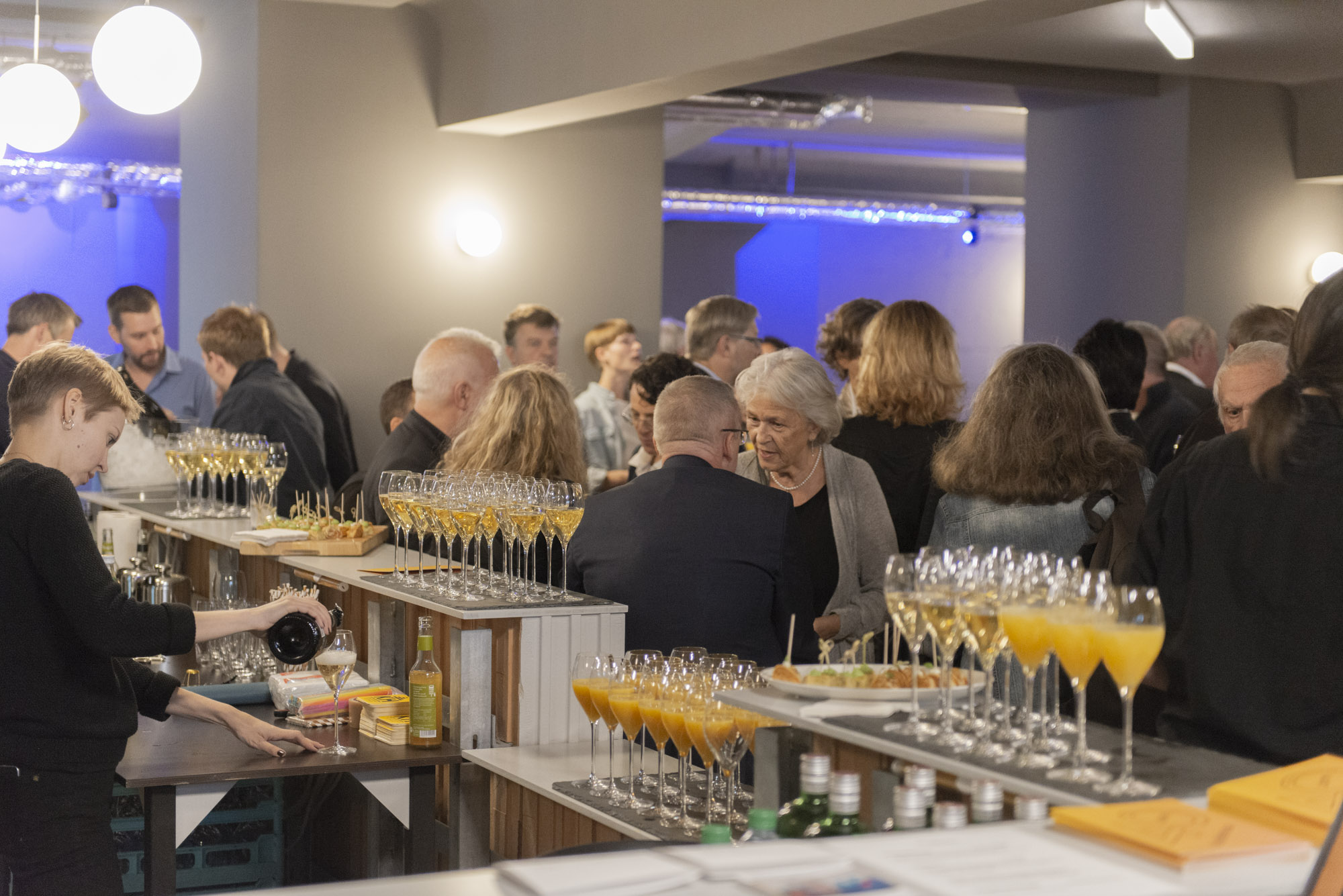
Simon Jones is a London-based architect who over the last four years has been closely involved with Künstlerhaus Stuttgart and its current rebuild. As part of the work, Jones and his collaborator Jack Neville are developing and making furniture for the new Künstlerhaus Café and bar, built collectively and on site. The workshop follows in the tradition of Künstlerhaus, where its original café and bar were built and decorated by artists, staff, and people from the neighbourhood.
You are warmly invited to participate and build furniture with us, in the period 10–24th of August. You do not need previous woodworking experience, but great if you do, and we would be thankful for two or more days in this period.
If you are interested in taking part, please contact us on info@kuenstlerhaus.de
Künstlerhaus Stuttgart is a non-profit institution, founded by and for artists and artistic production in 1978. At current, the entrance and ground floor are being rebuilt with design by Simon Jones Studio and Matheson Whiteley with the support of härtner ito architekten. The work is funded by the City of Stuttgart and will be completed in September 2018 to coincide with the 40th jubilee of Künstlerhaus.
The project was initiated as part of the programme of Artistic Director Fatima Hellberg and is realised in close collaboration with the Chair of Künstlerhaus’ Board, Dr. Hannelore Paflik-Huber and the General Manager, Romy Range. The rebuild follows four decades of artistic work and exhibition making at Künstlerhaus and seeks to nurture the avant-garde legacy of the institution, while addressing some current needs for a social and public space in the city of Stuttgart.
Simon Jones Studio is a multi-disciplinary design practice based in North London comprised of Simon Jones and Jack Neville. Their work combines architectural projects, exhibition design and furniture production, with design practice and hands on making. In 2015, Jones designed an auditorium for the exhibition Container and Contained and Gregg Bordowitz’ performance INPUT OUTPUT and has since been in a more long-running collaboration and dialogue with Künstlerhaus.
The work with Simon Jones Studio takes place in collaboration with Kulturregion Stuttgart within the framework of Drehmoment.
With the generous support of the City of Stuttgart. Special thanks to Verein Alnatura hilft! e.V., the Bürgerstiftung Stuttgart, Bosch GmbH, Kvadrat A/S and Holzhandlung Wider GmbH & Co. KG


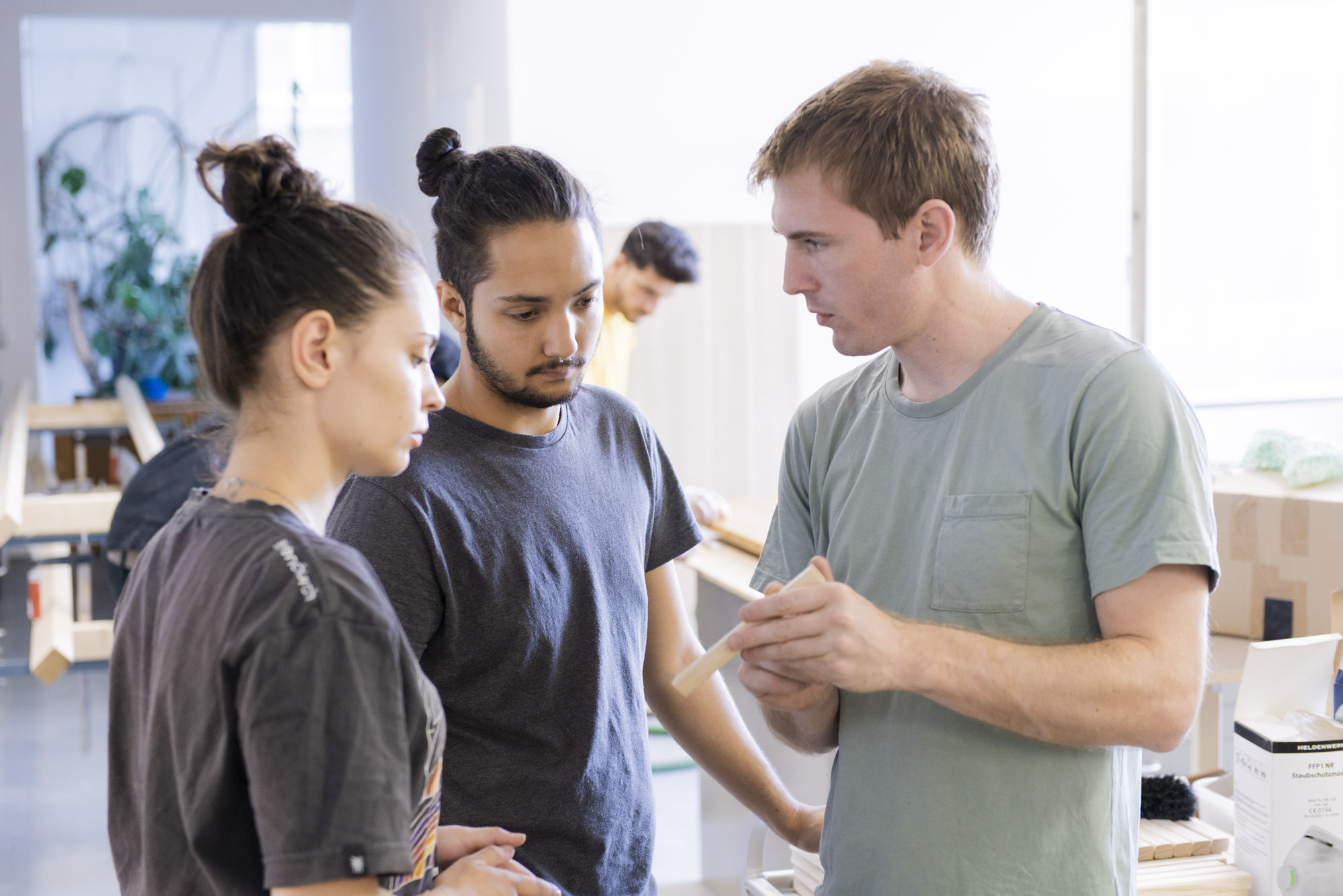
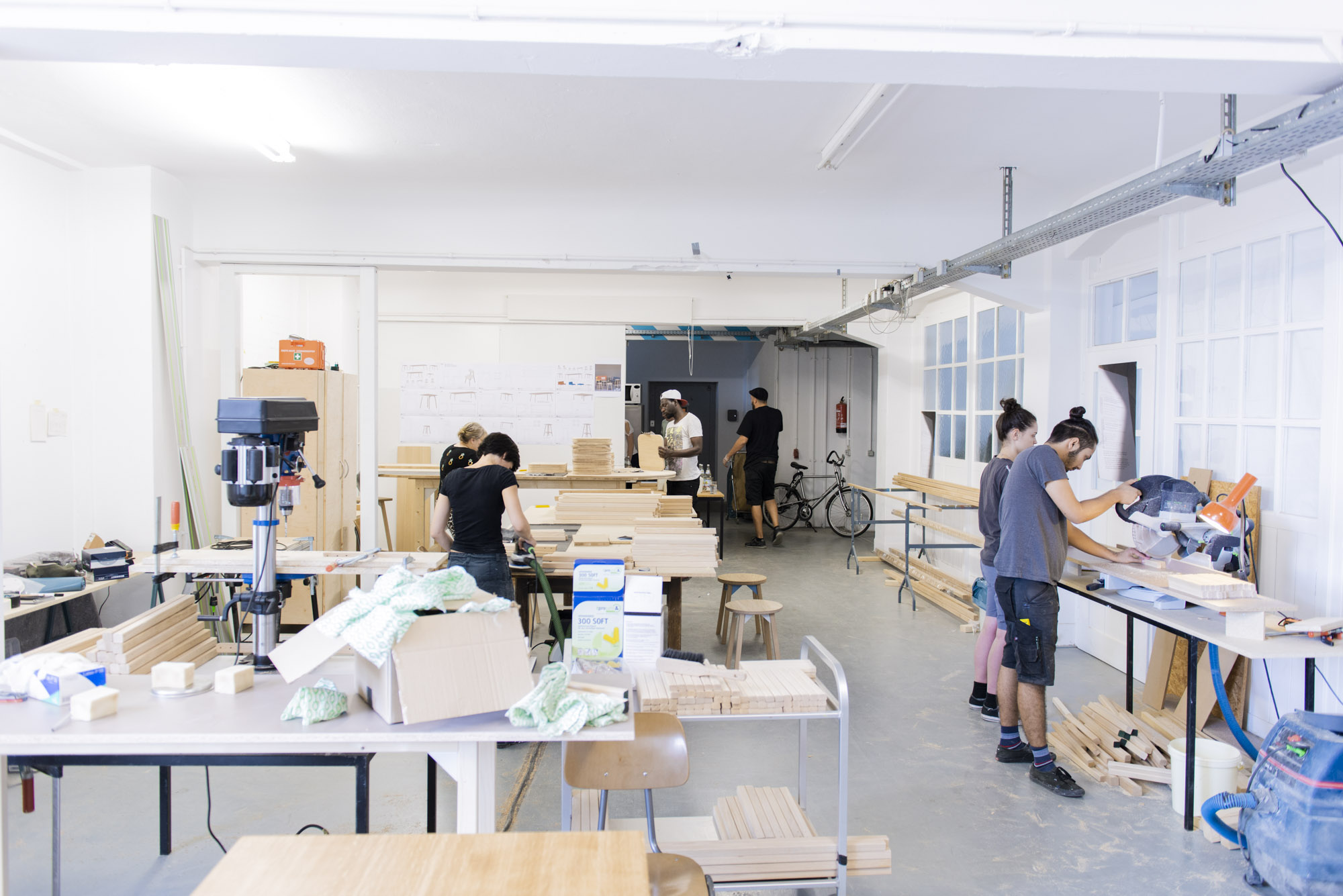
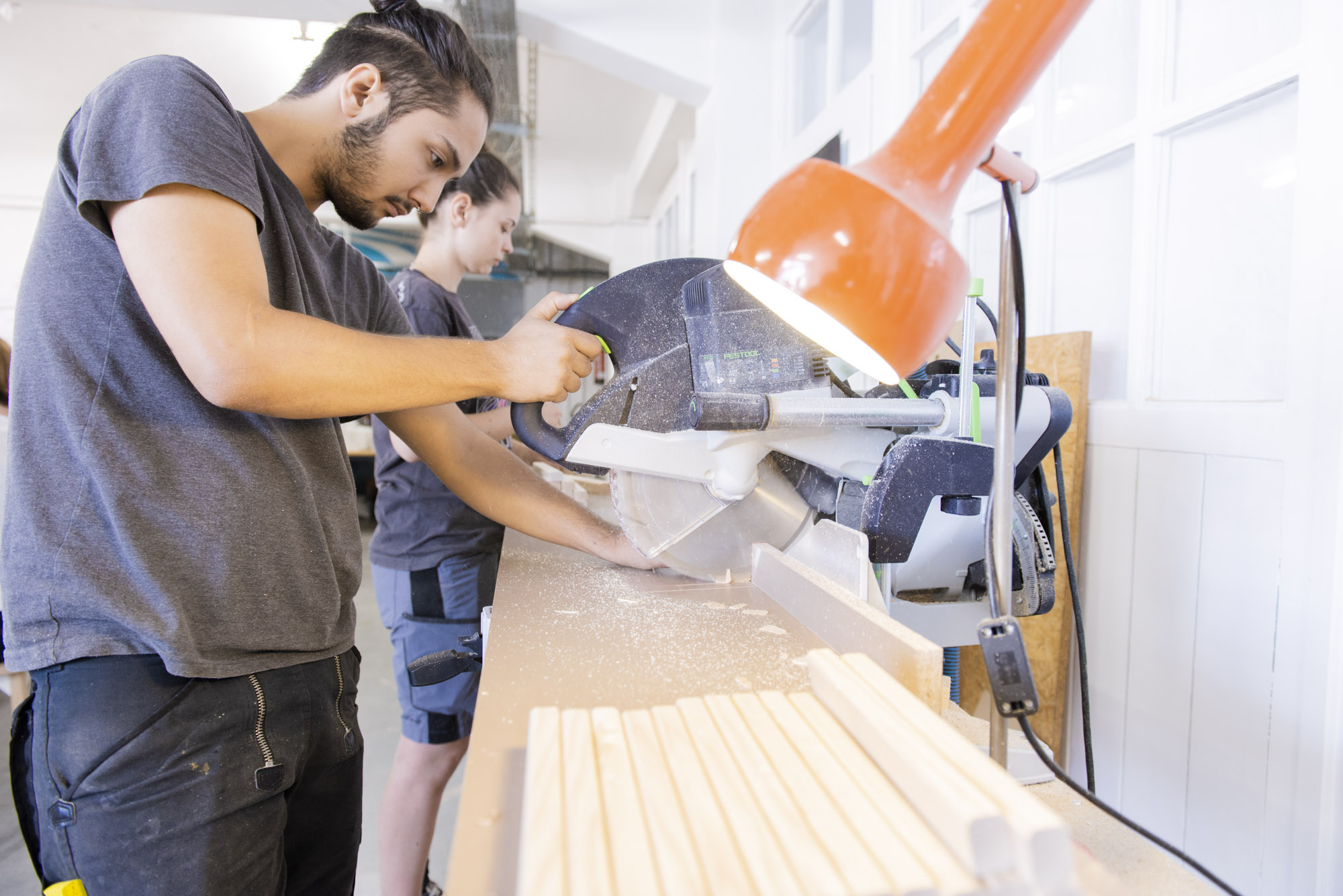

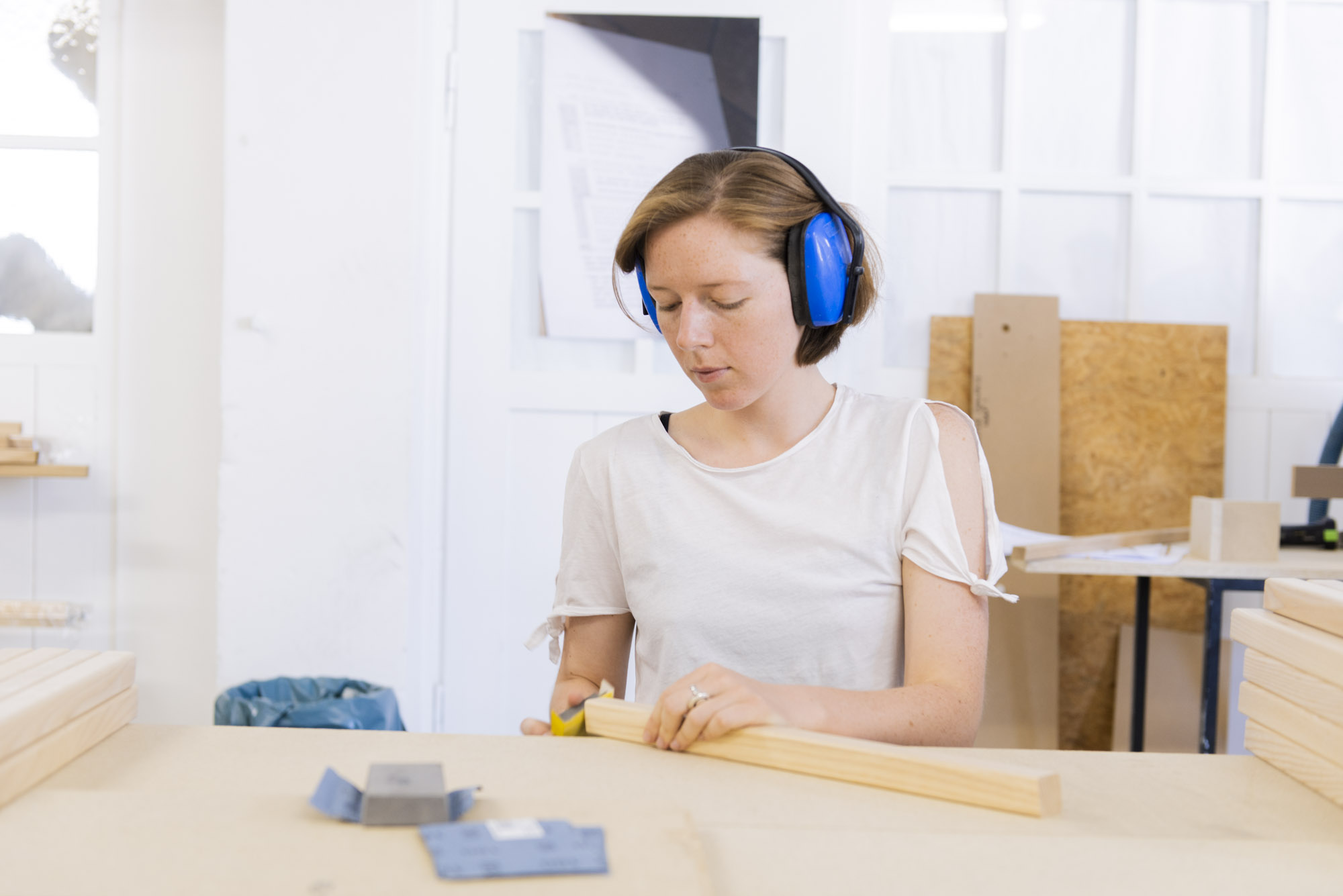
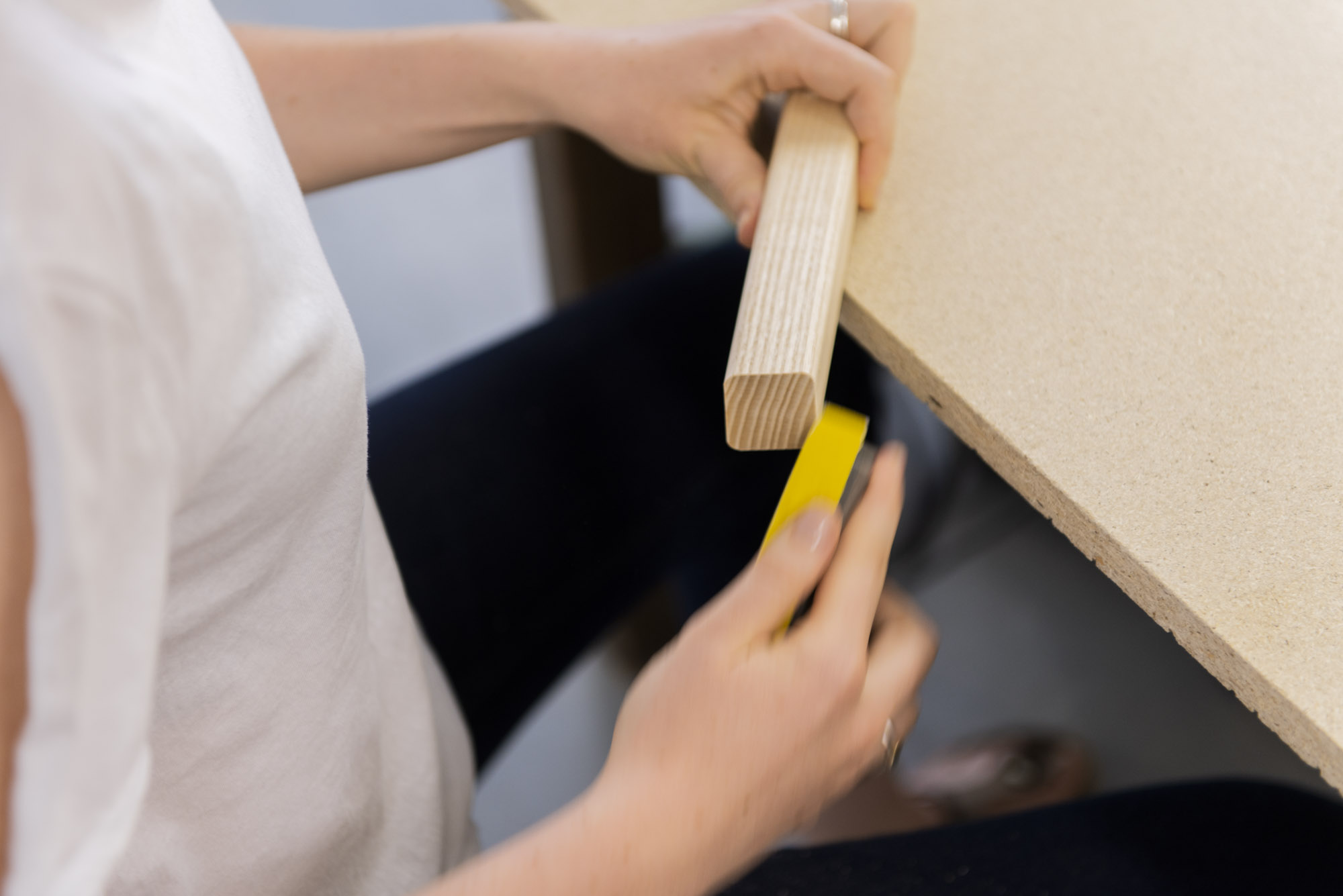
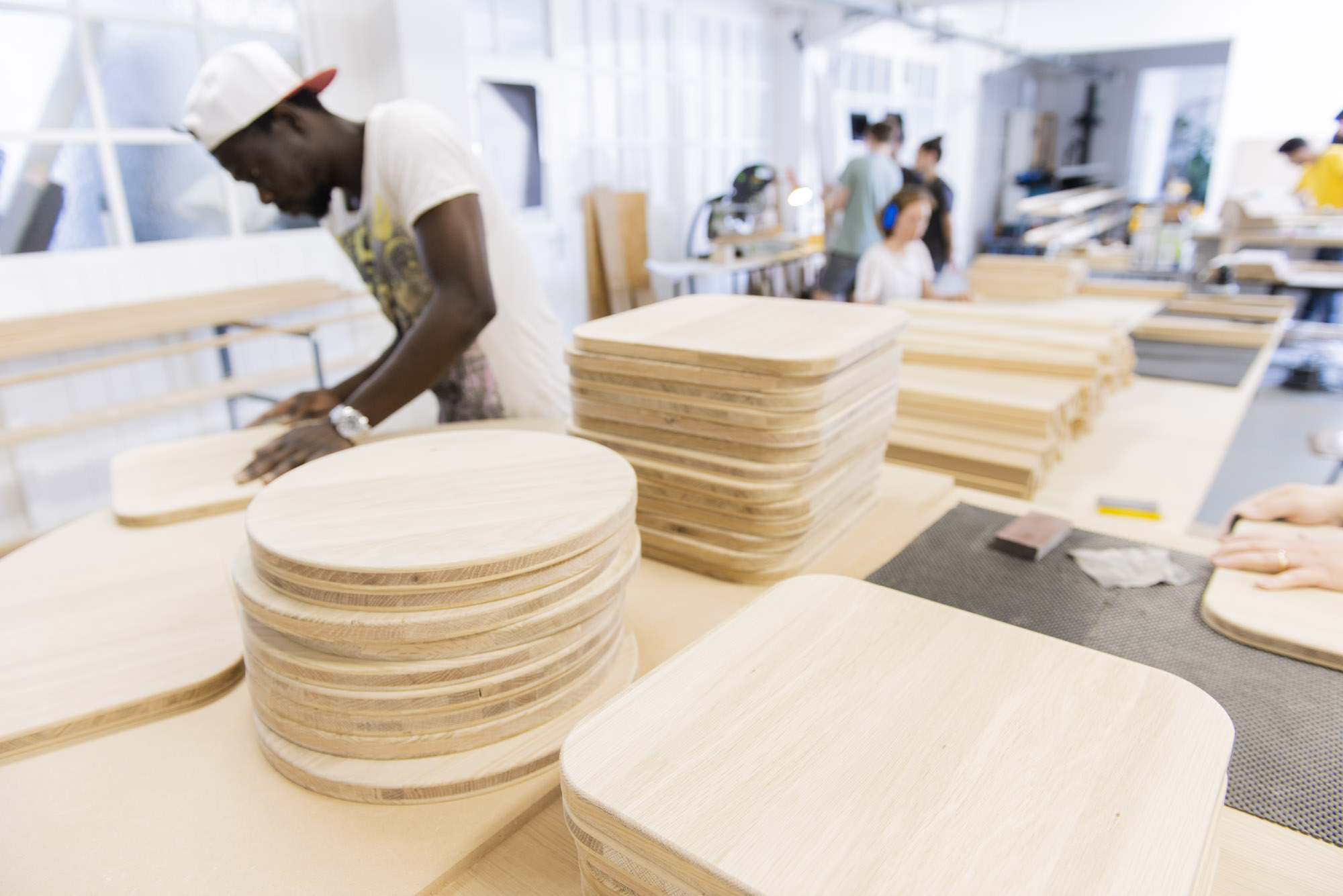
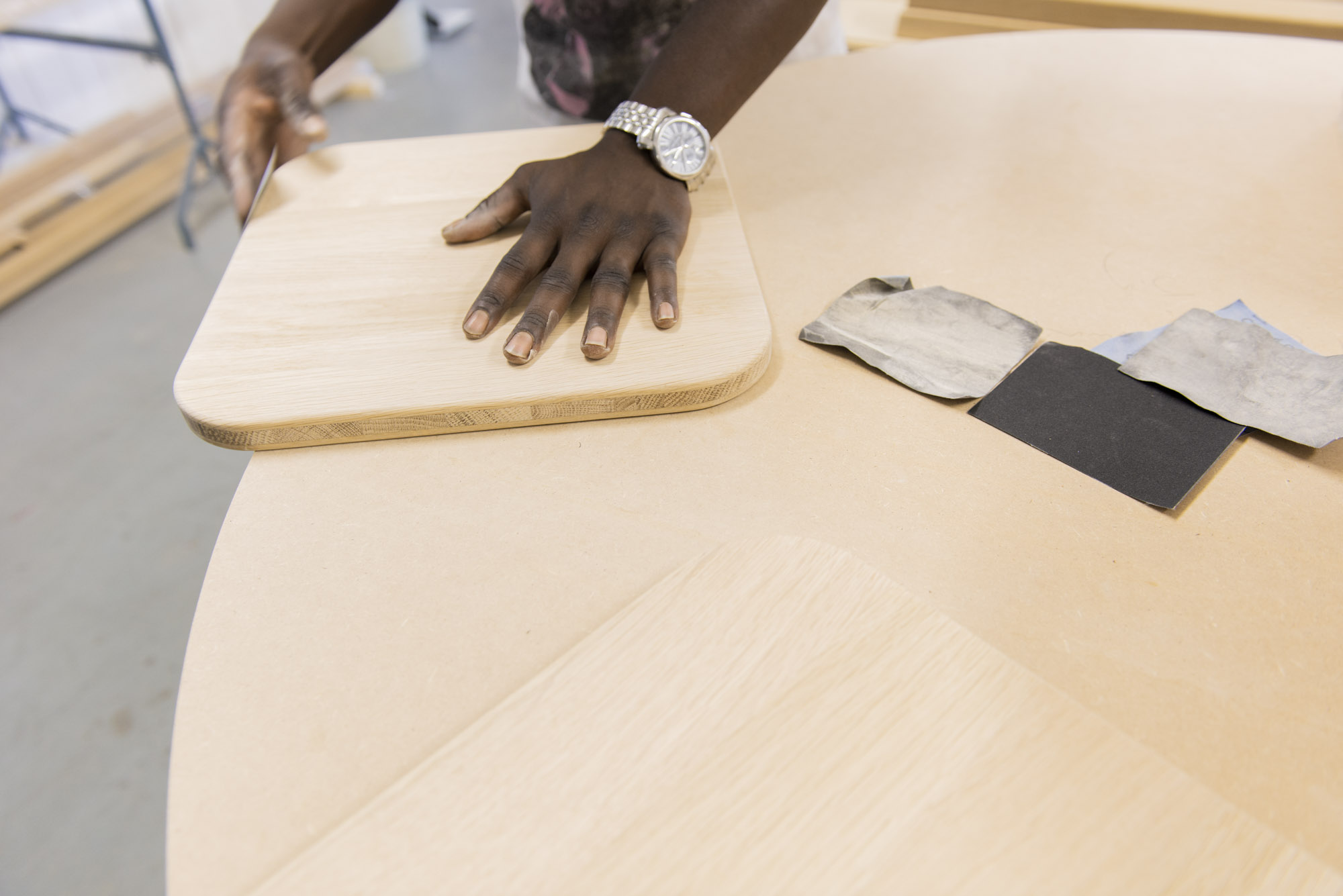
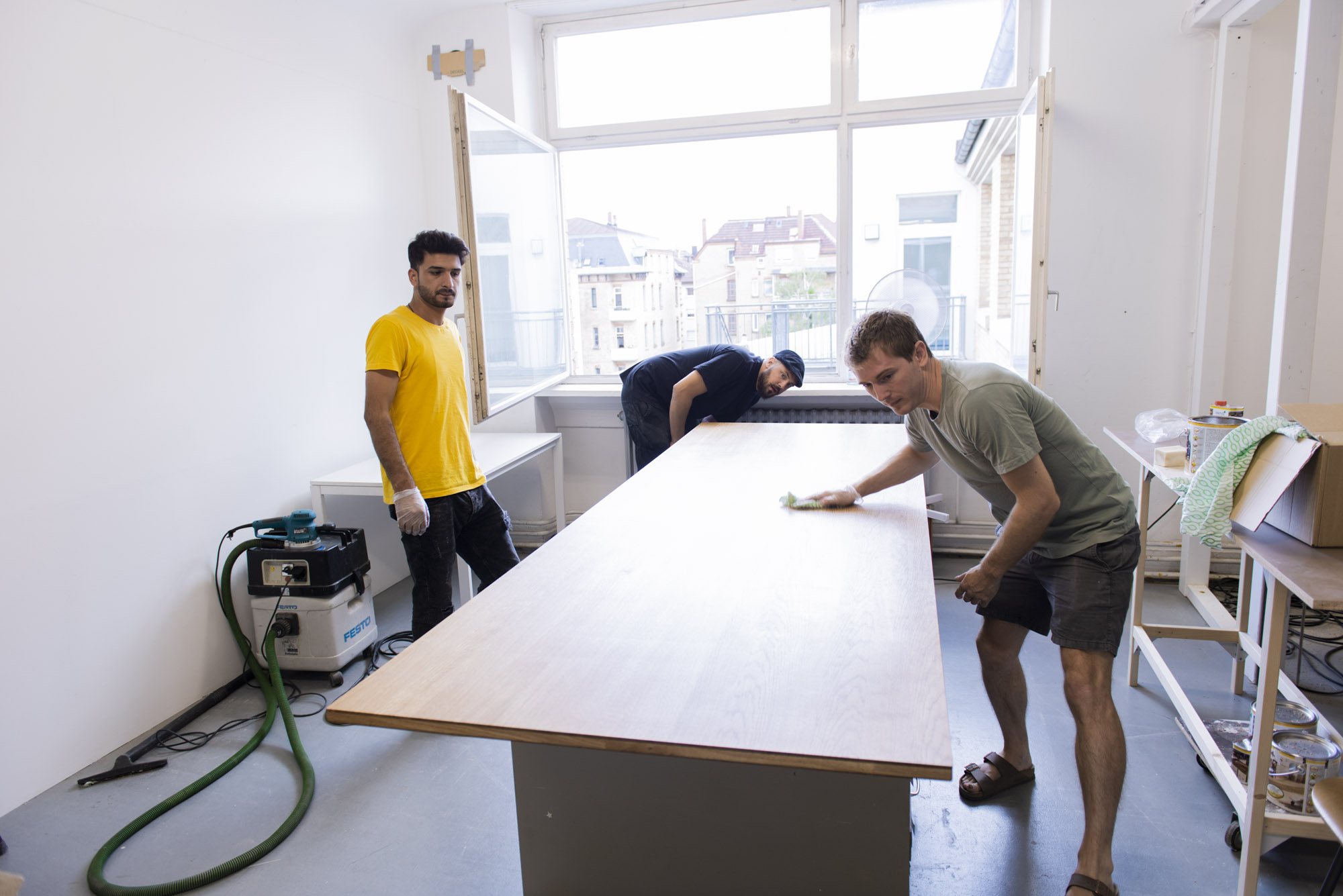
03:00pm–06:00pm
Drawing on the history of Künstlerhaus as a site of artistic production, twenty-five artists associated with the organisation’s studios and production workshops present newly conceived and site-specific works in and around the Künstlerhaus neighbourhood. Realised across local cafés, bars, parks and artist-run spaces, the day and night are part of a series of events, projects and collaborations reflecting on and celebrating the 40th Jubilee of Künstlerhaus Stuttgart.
Realised with the support of Landeshauptstadt Stuttgart.


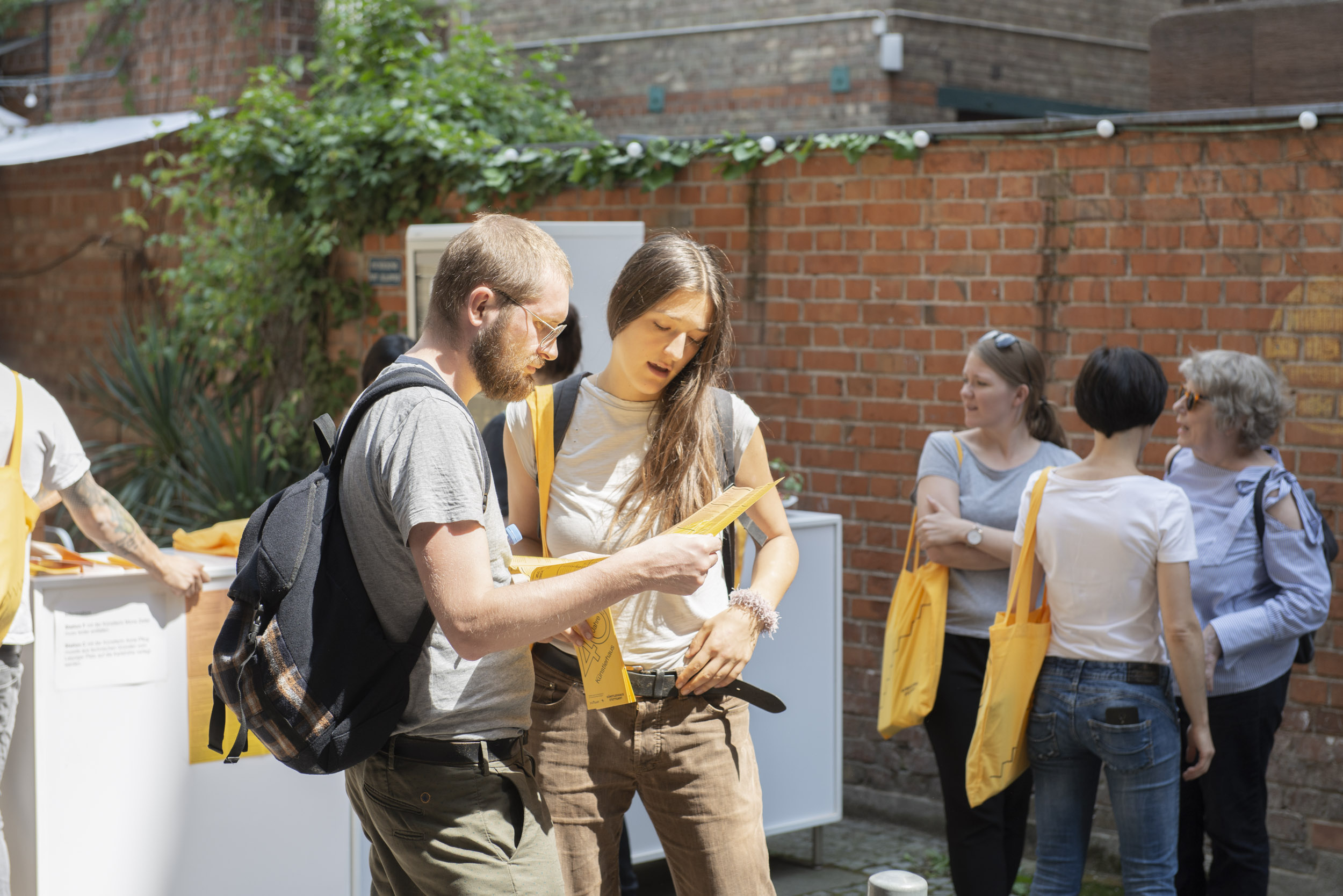
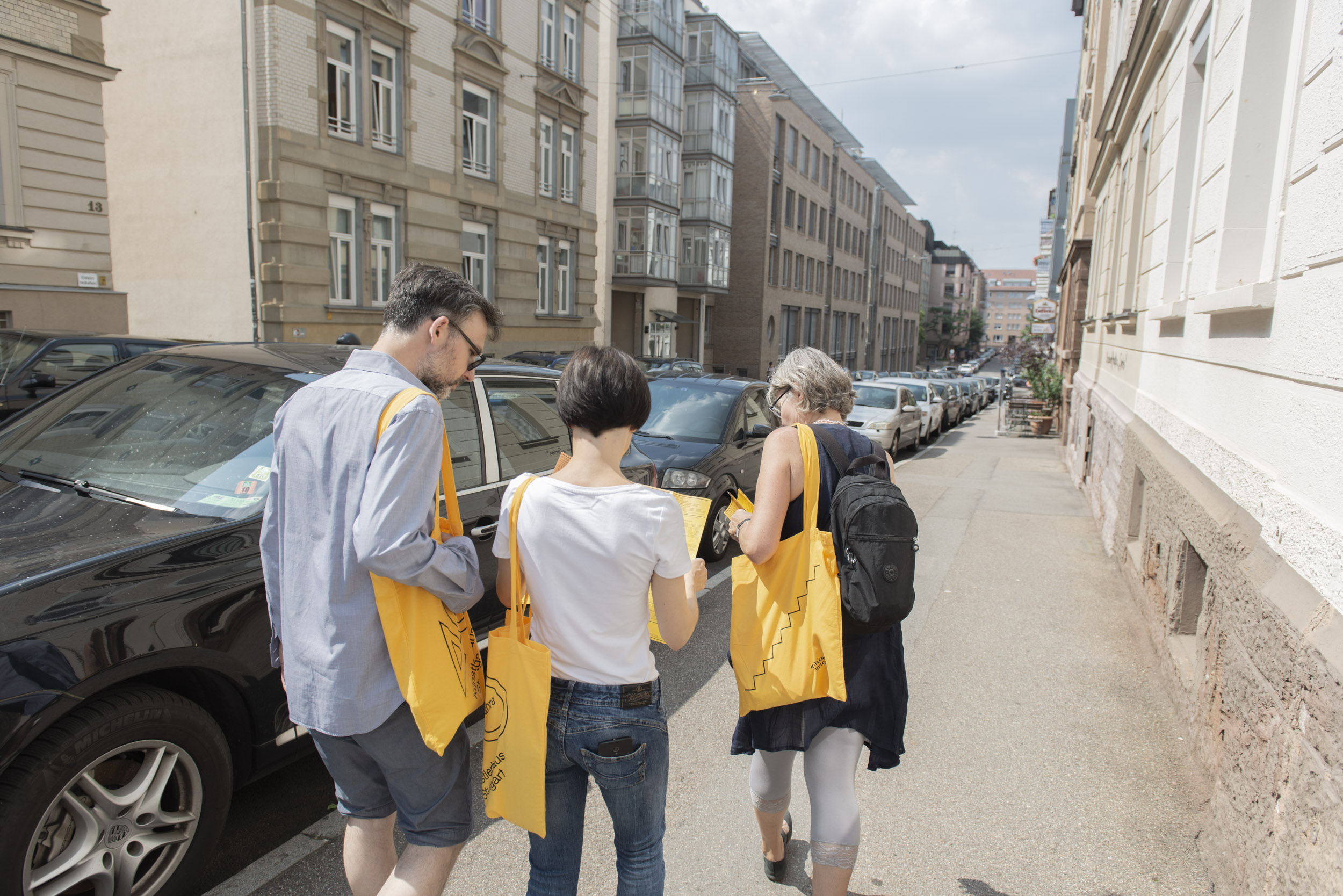
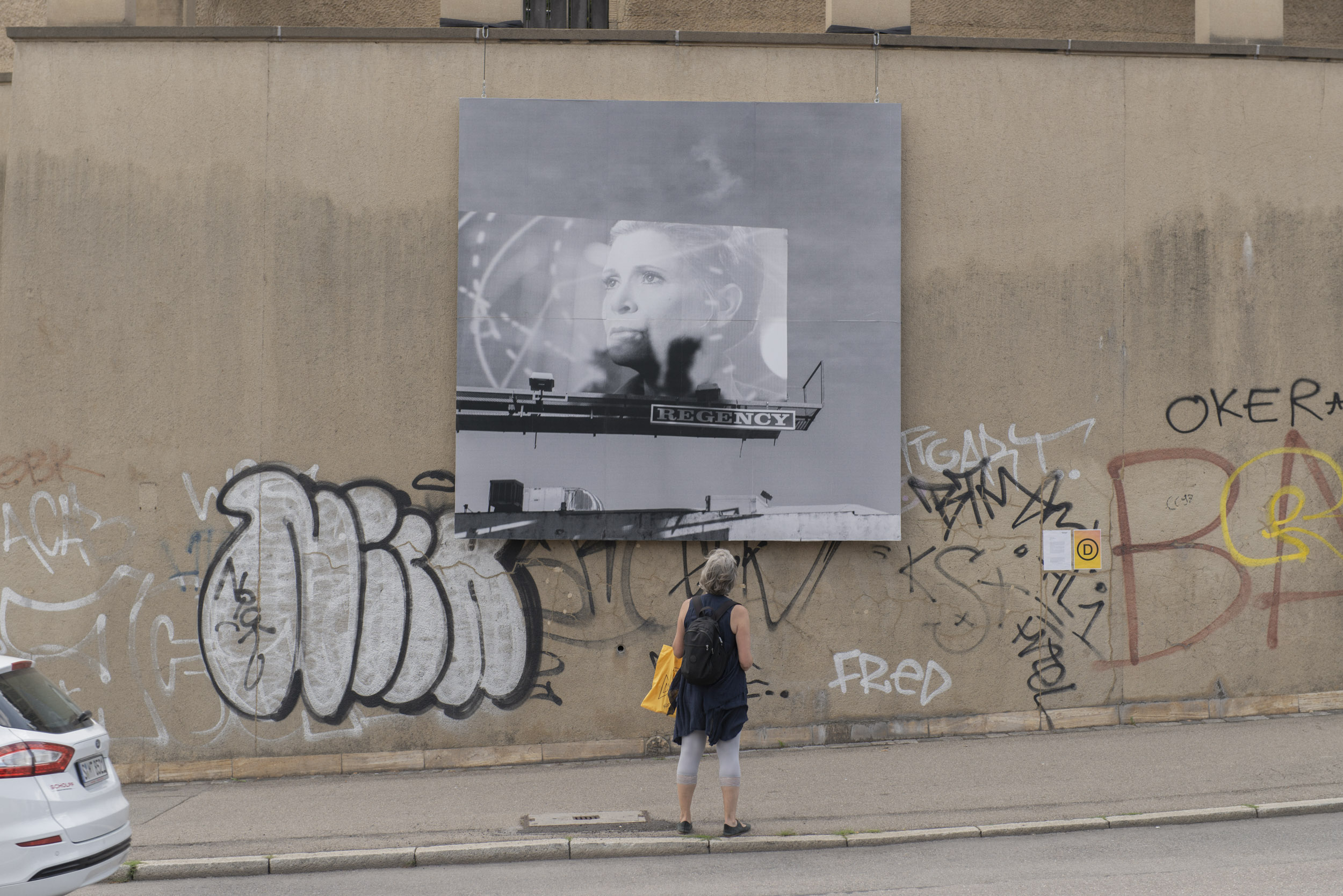
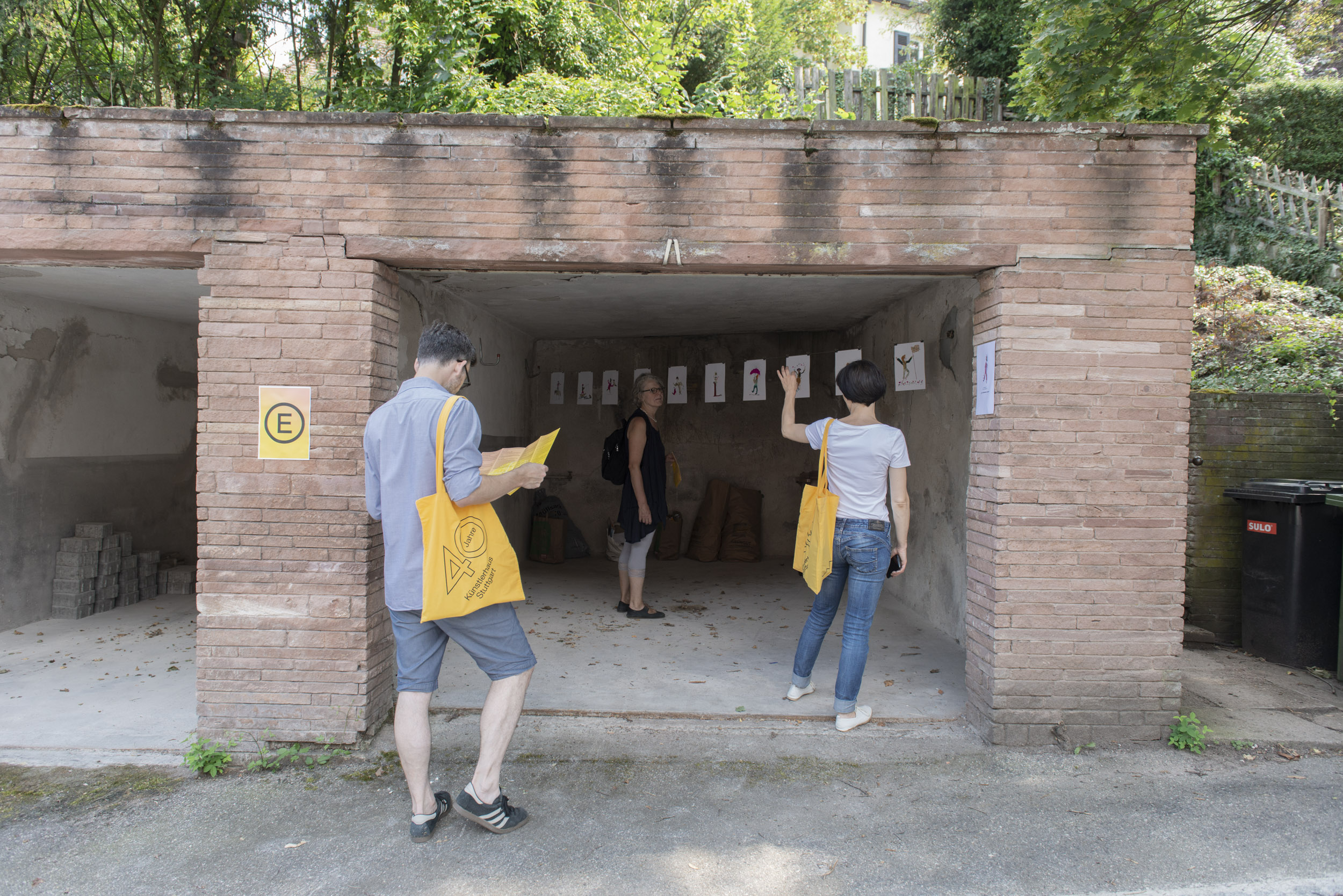

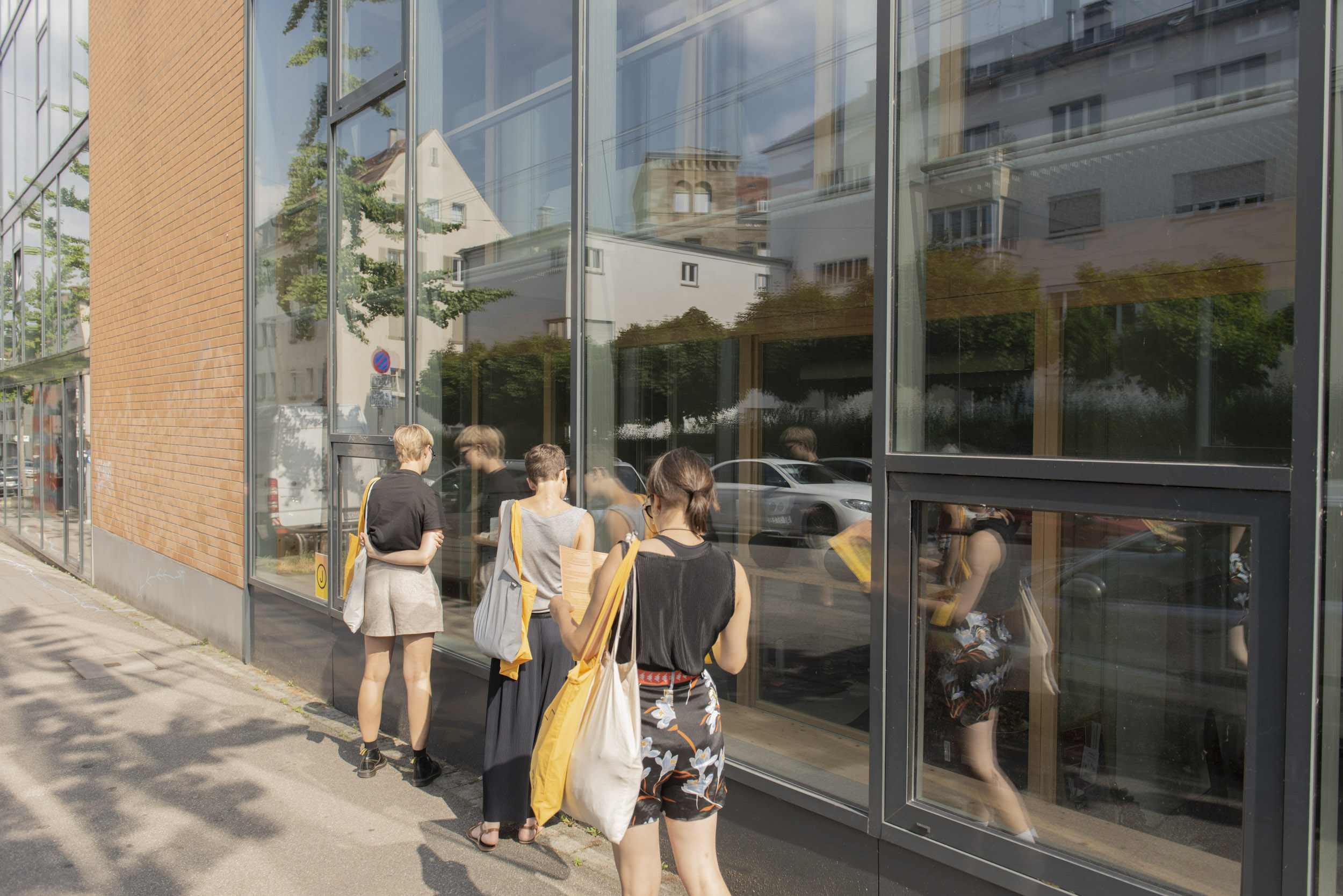
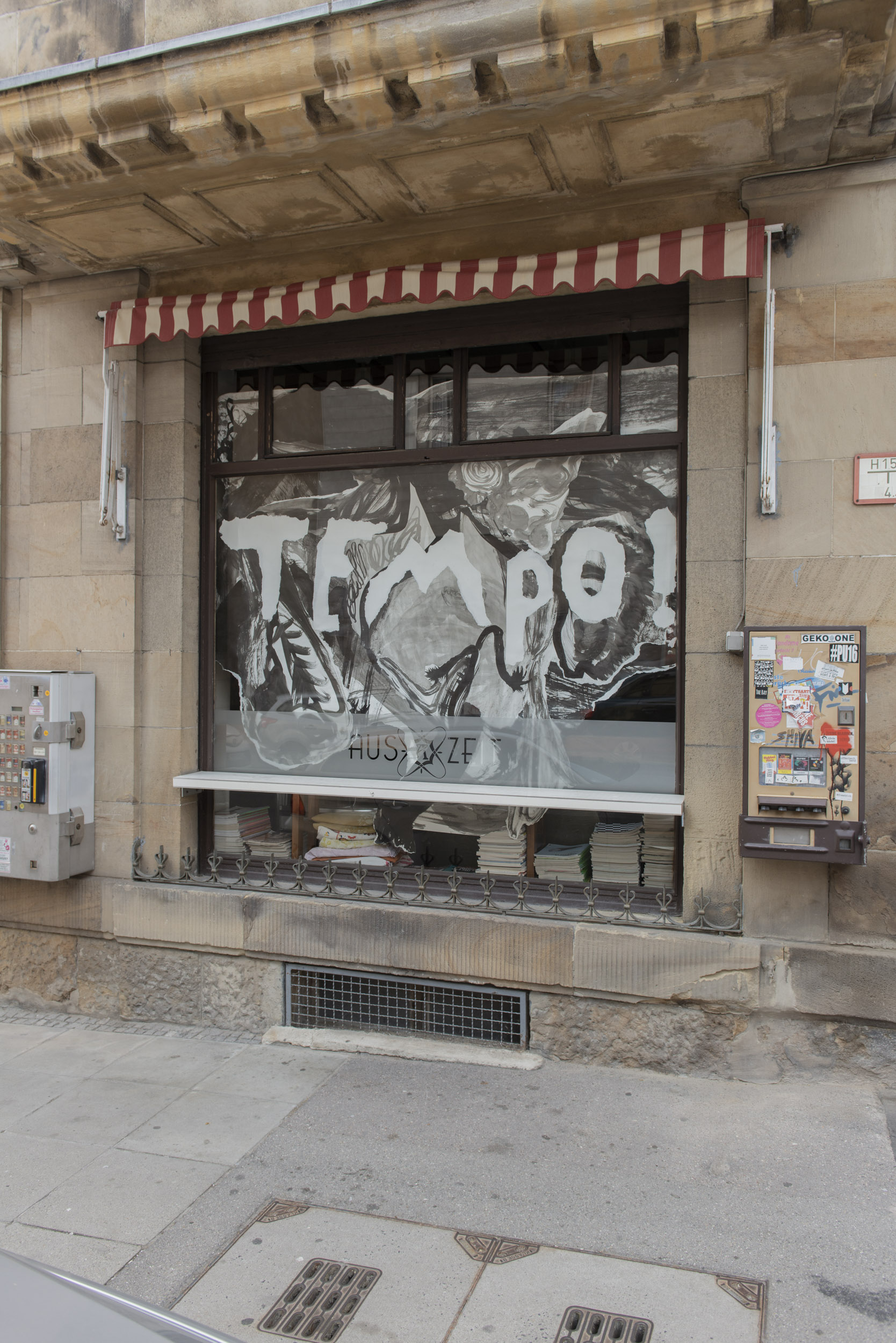
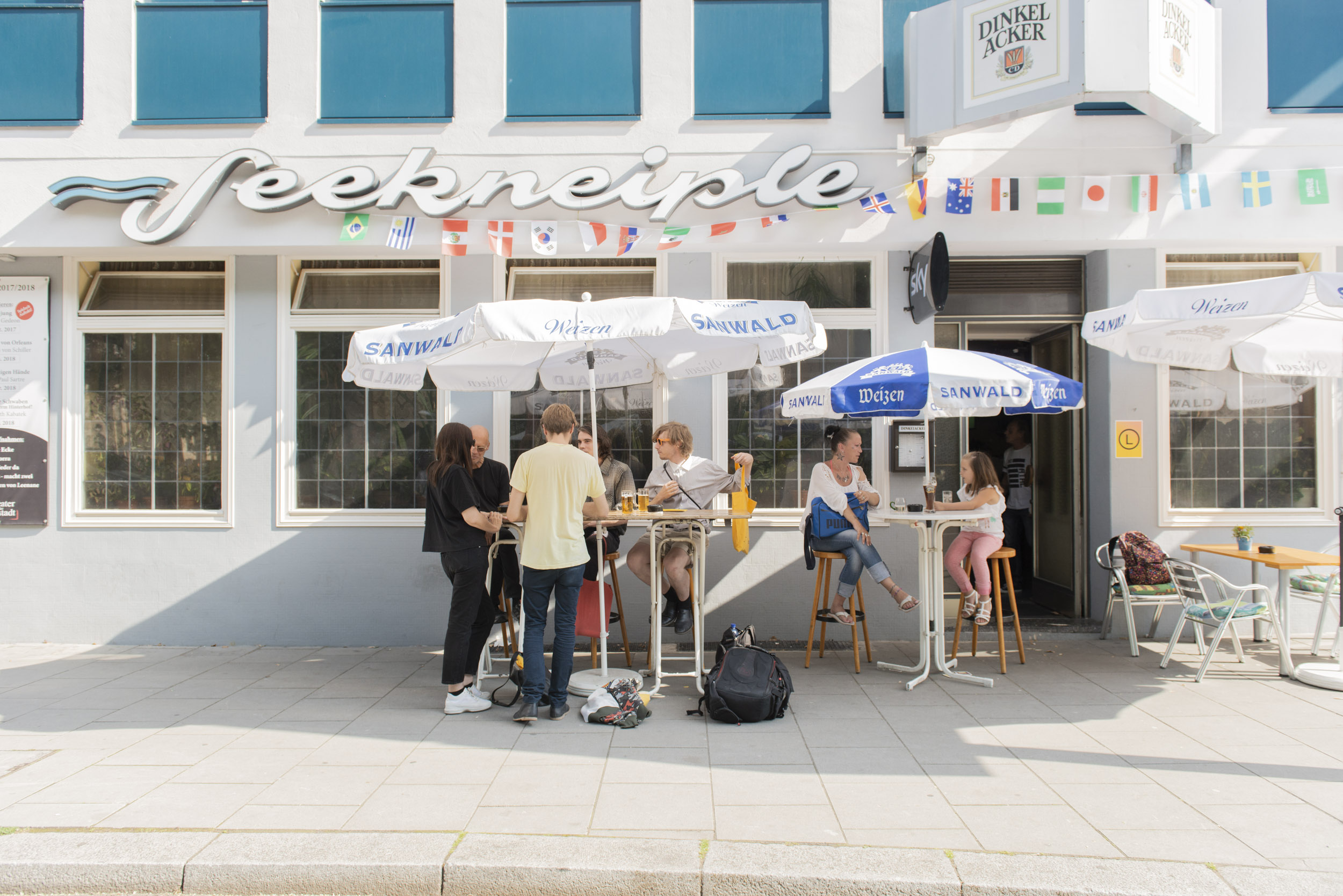
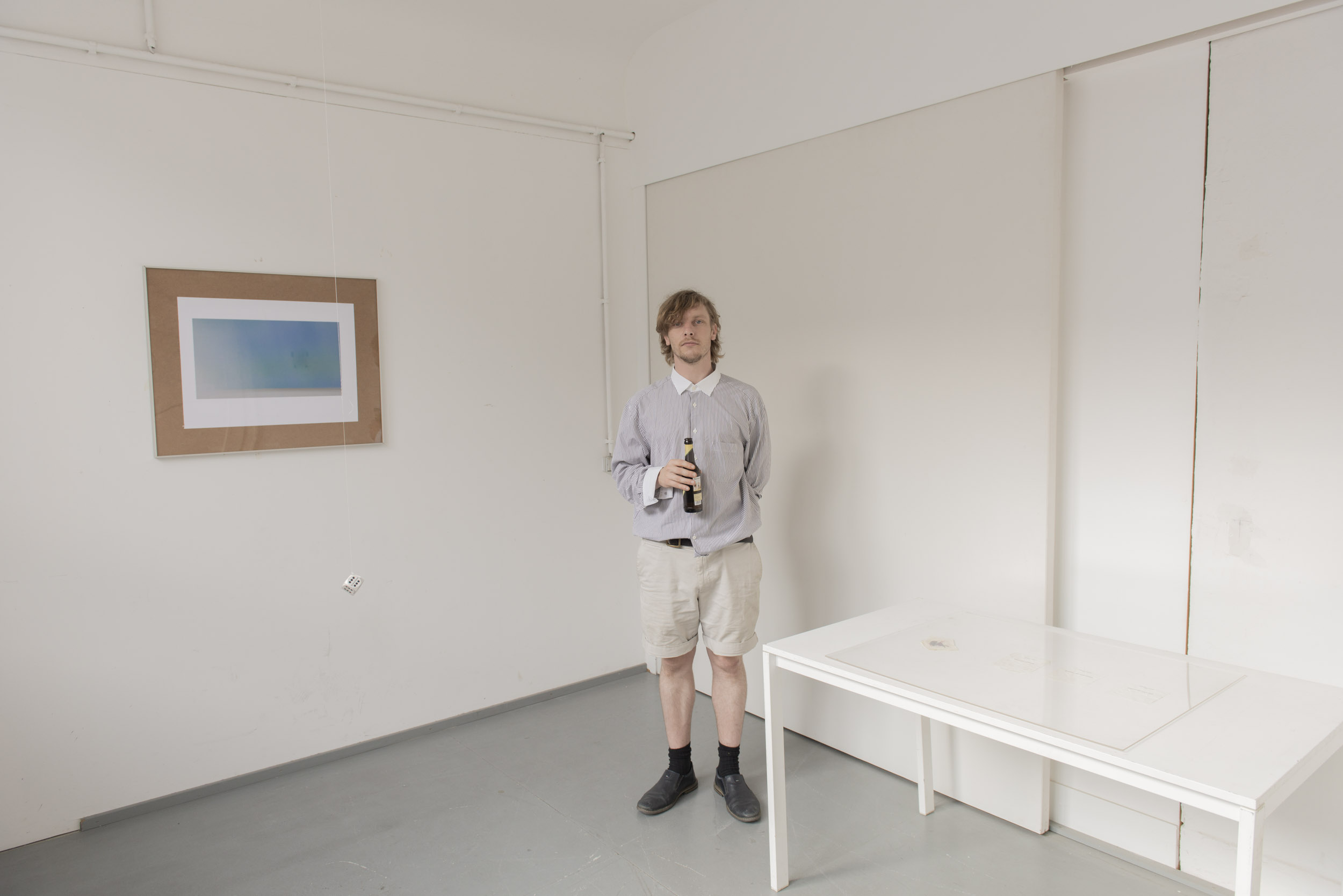
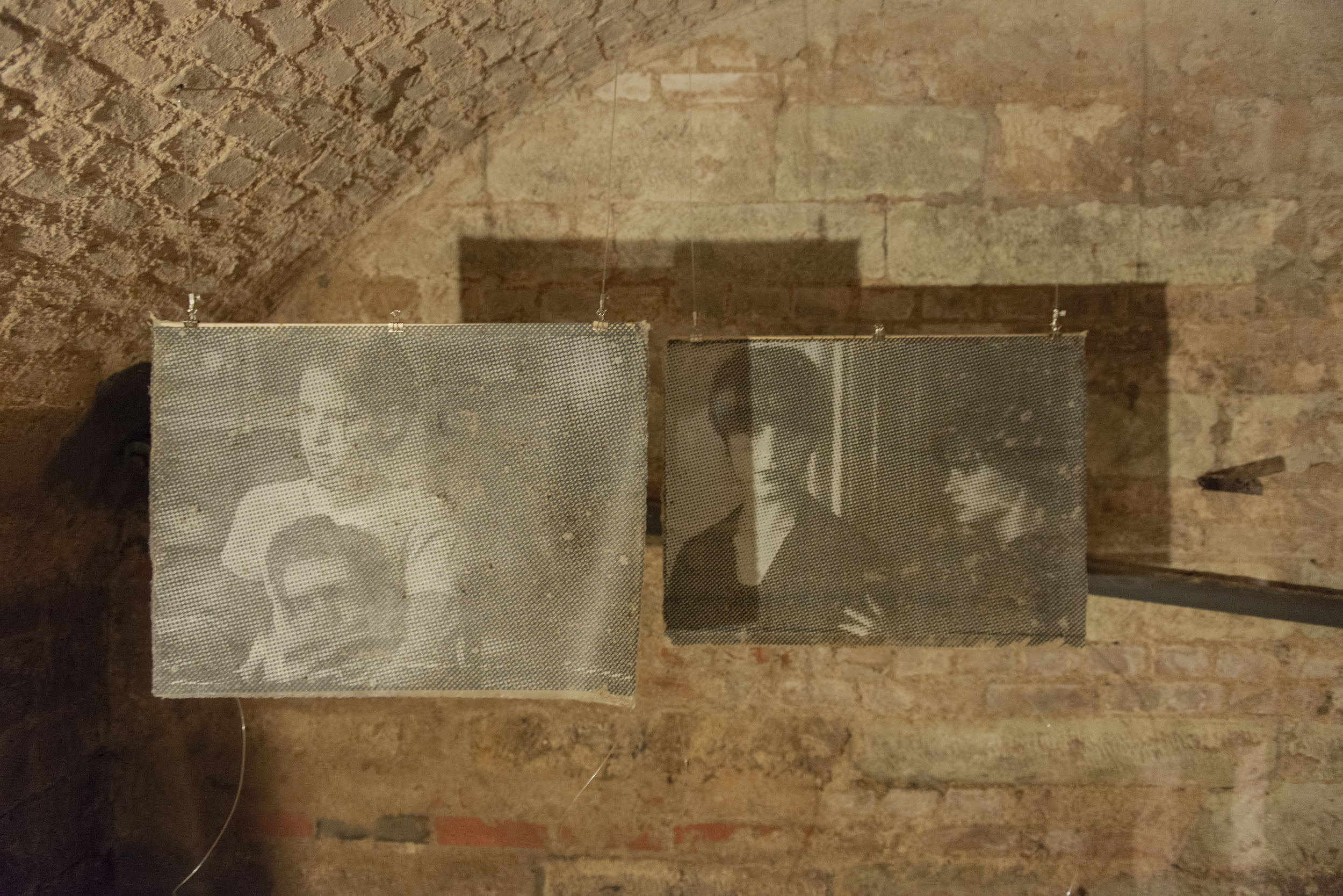
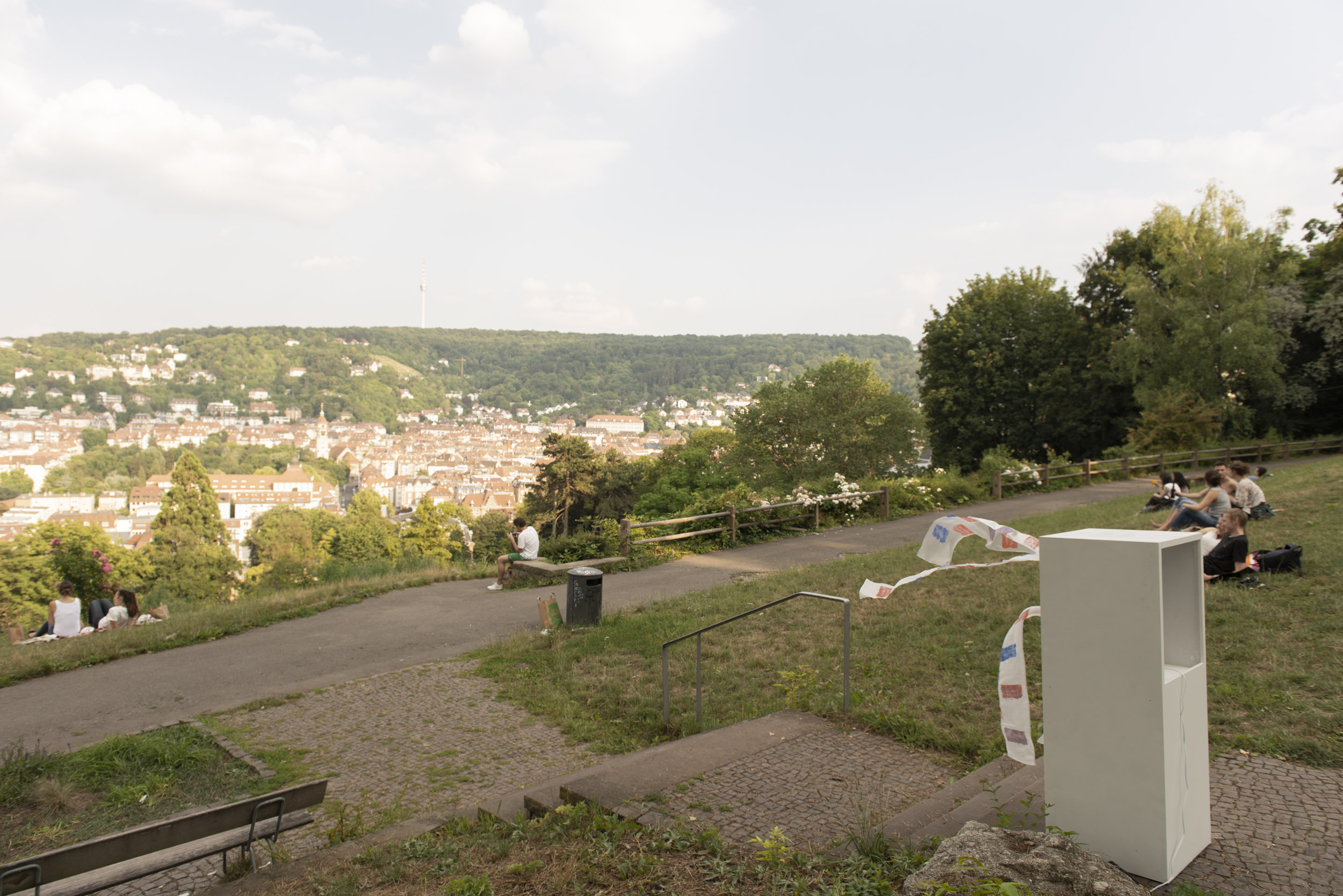
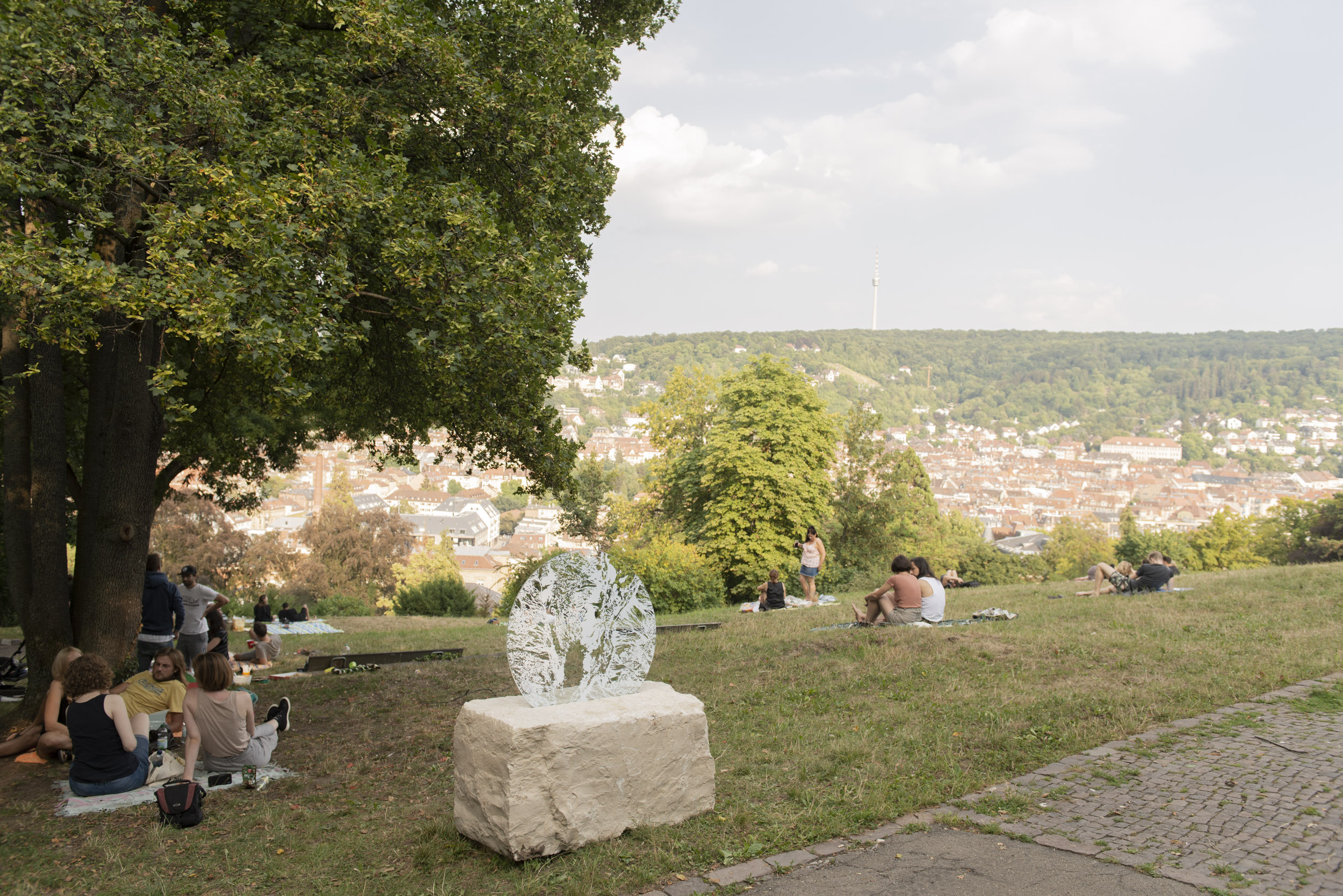
SPEED takes the form of two major new commissions by James Richards and Leslie Thornton, alongside a show-within-the-show convened by Richards with works by Horst Ademeit, Adelhyd van Bender, Bruce Conner, Emily Feather, Terence McCormack, Jeff Preiss and Jens Thornton.
In the making of SPEED, Richards and Thornton have been concerned with specific psychic and temporal states, rushes of interconnectedness and scientific wonder, as well as a sense of ecological dread and paranoia. The oscillation between an ordering impulse, and the relinquishing of control is a central feature of SPEED, one that returns in the exhibitions’ different modes: cinema screening, video mural, reading room and group show.
Many of the works in the group exhibition were made against a backdrop of apprehension and self-destruction during the Cold War, with its at times uncanny resonances with the present moment. The atmosphere contains an obsessive energy, a recurring fascination with rays, mind altering effects and rituals and the systematic sorting and recording of experience. It is sense of frantic repetition and labour, which van Bender described as ‘Divine Drudgery’, a spirit also present in Bruce Conner’s psychedelic inkblot drawings.
There is an impulse of collaboration that brought about SPEED, one that renders the monologue of anxious speculation into a dialogic practice. The exhibition comprises discrete and individual new works, from Richard’s large-scale video mural Phrasing to Thornton’s cinema installation Cut from Liquid to Snake, and yet all elements have been generated from the third mind of collaboration, a channeling of and at times conscious unsettling of each other’s sensitivities. The basic biographical contrasts between Richards and Thornton are apparent: gender, age and sexuality are all points of difference. What has drawn them together is an inclination they seem to share: that of grabbing charged material, and without apparent judgement or moralising, filling and emptying it. There is an attuned pitch for locating and unsettling any received and comfortable meaning. And at the same time, they produce works with a highly specific sense of the contemporary moment and the urgencies that it presents.
Commissioned by Künstlerhaus Stuttgart and Malmö Konsthall
The second iteration of SPEED takes place at Malmö Konsthall, 15 March – 26 May 2019
Realised with the generous support of Pedro Barbosa; Ministry of Science, Research and the Arts, Baden-Württemberg; Wüstenrot Stiftung; Ritter Sport; pbb Stiftung für Kunst und Wissenschaft and the British Council, Berlin.
With special thanks to Rodeo, Galerie Isabella Bortolozzi, Cabinet Gallery, Andrea Bellini, Centre d’art Contemporain Genève und CERN.

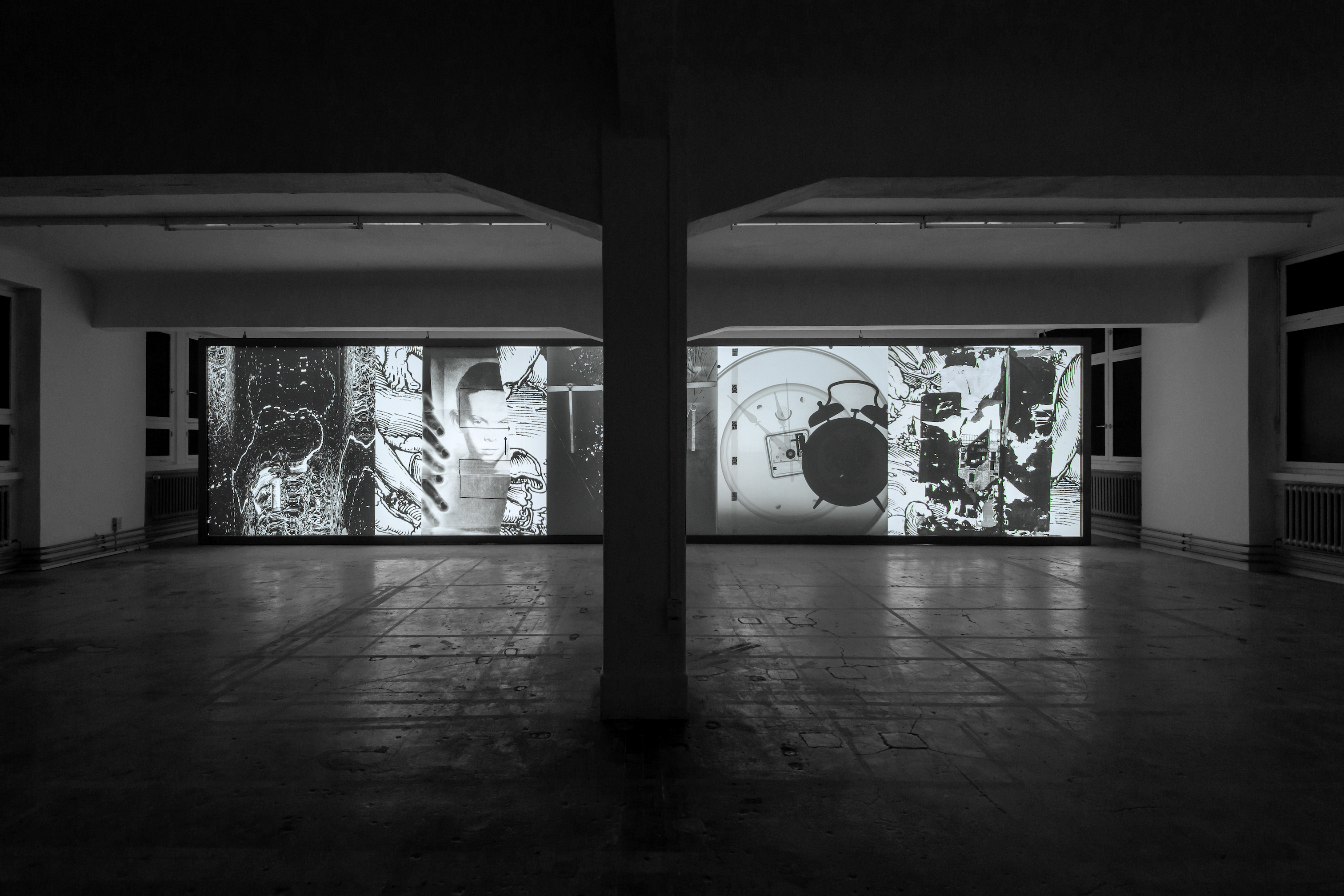
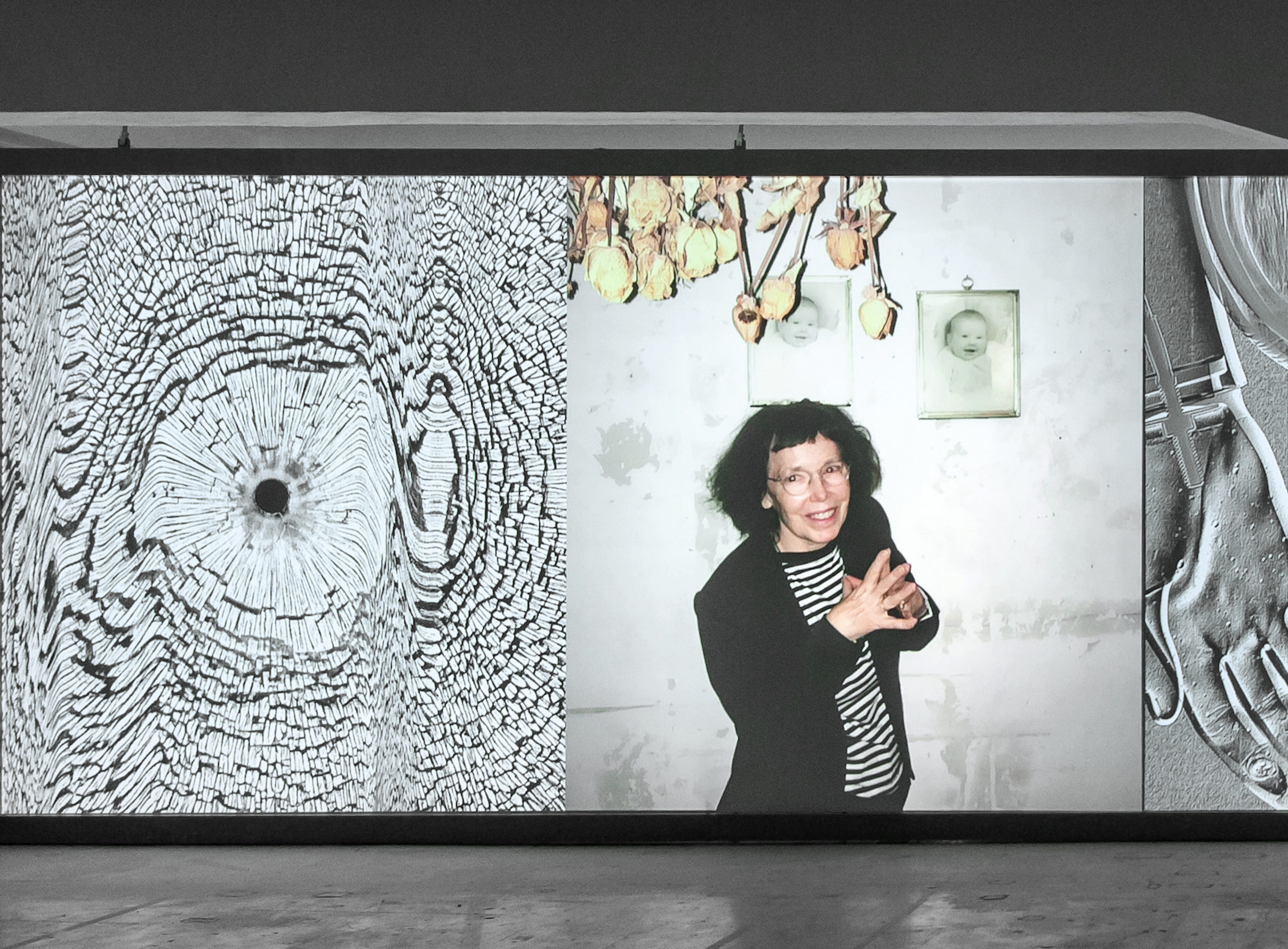

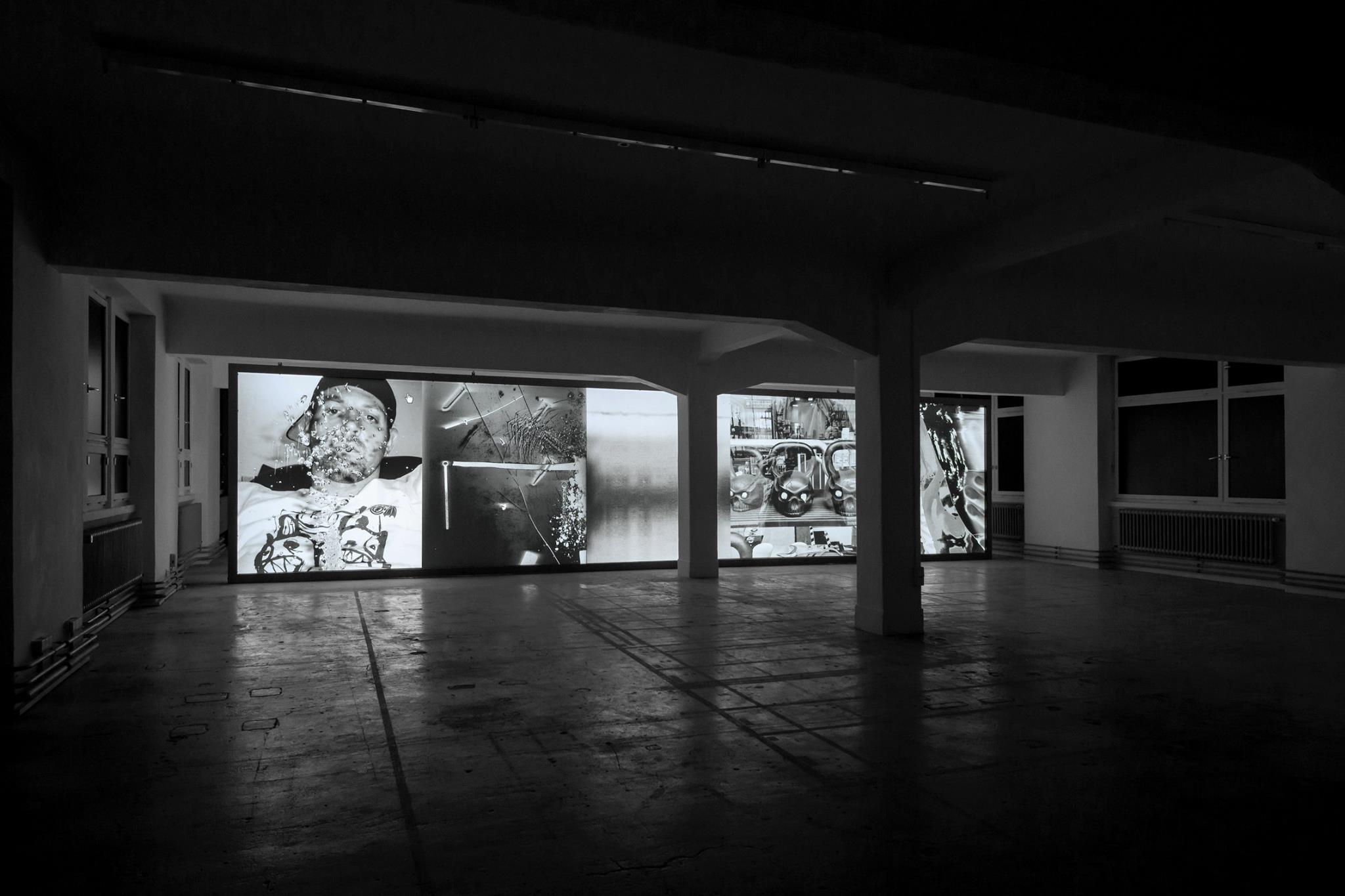
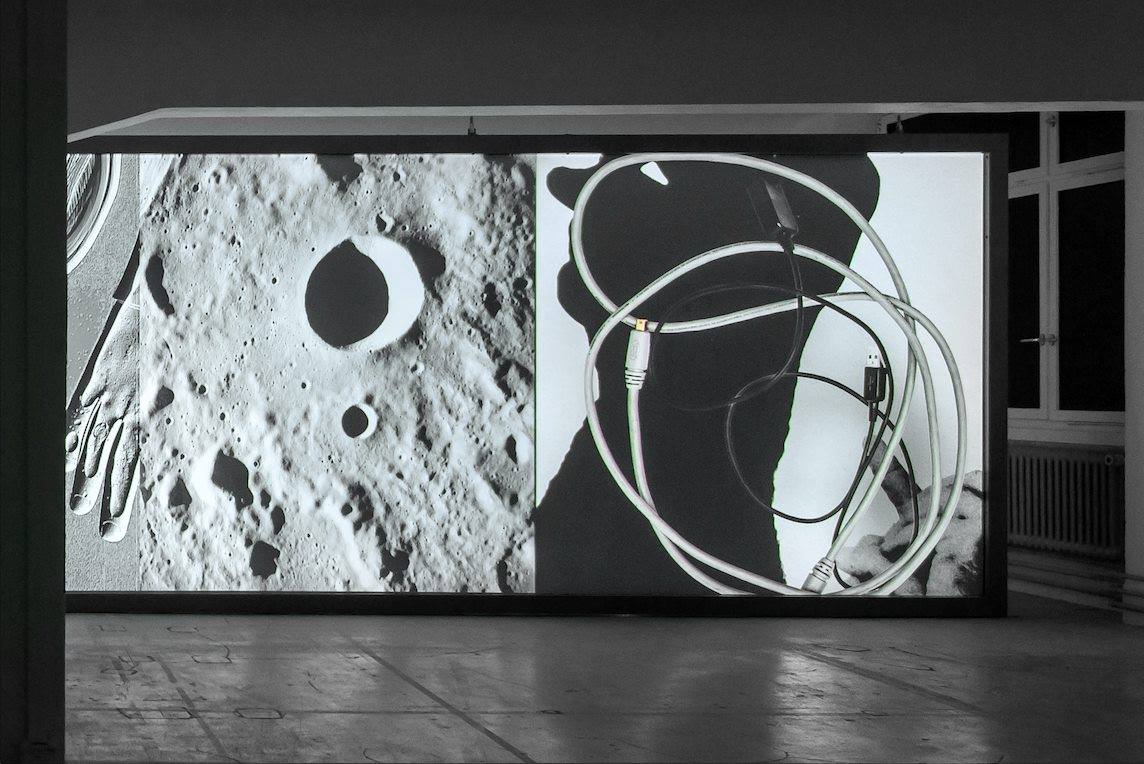

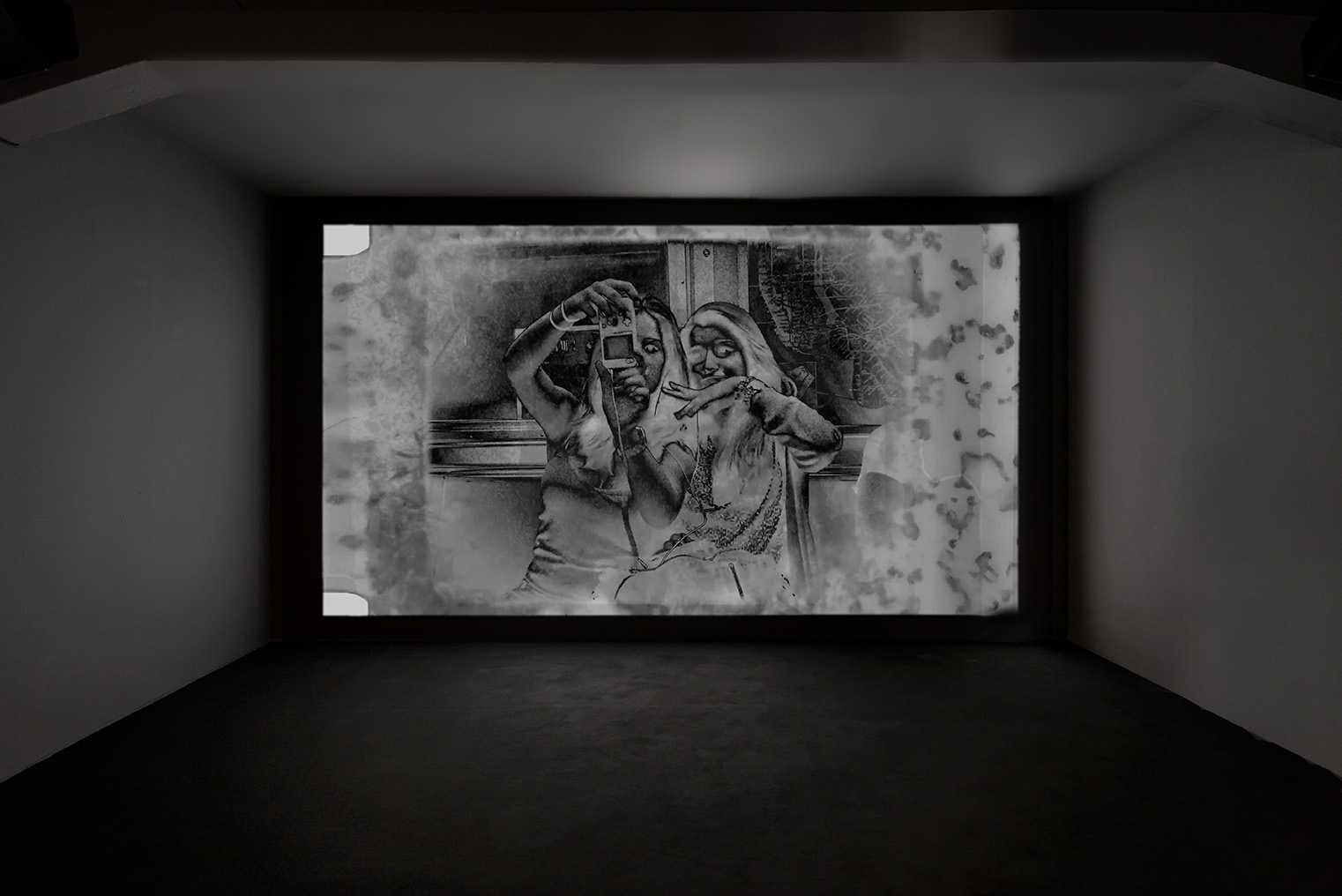
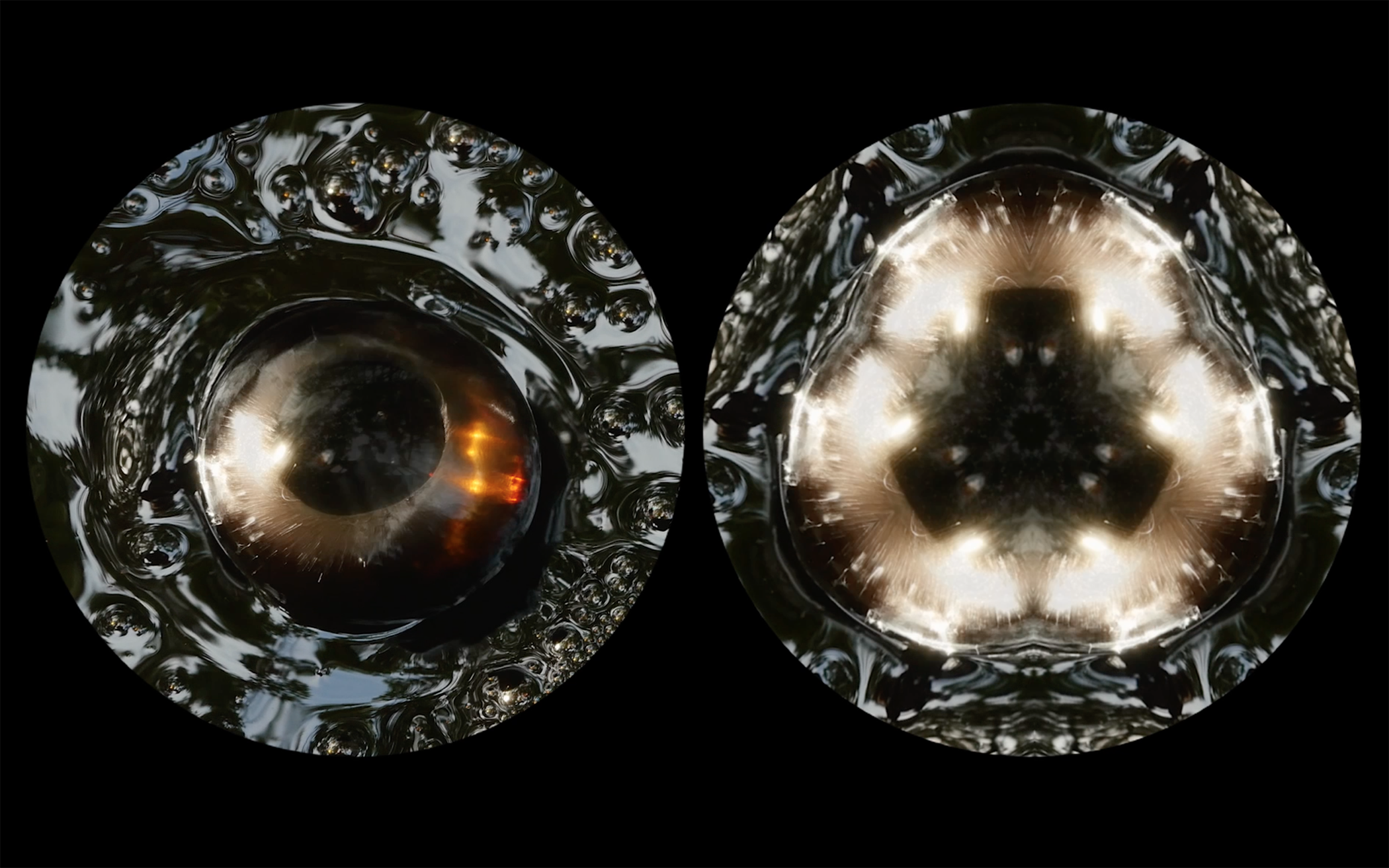
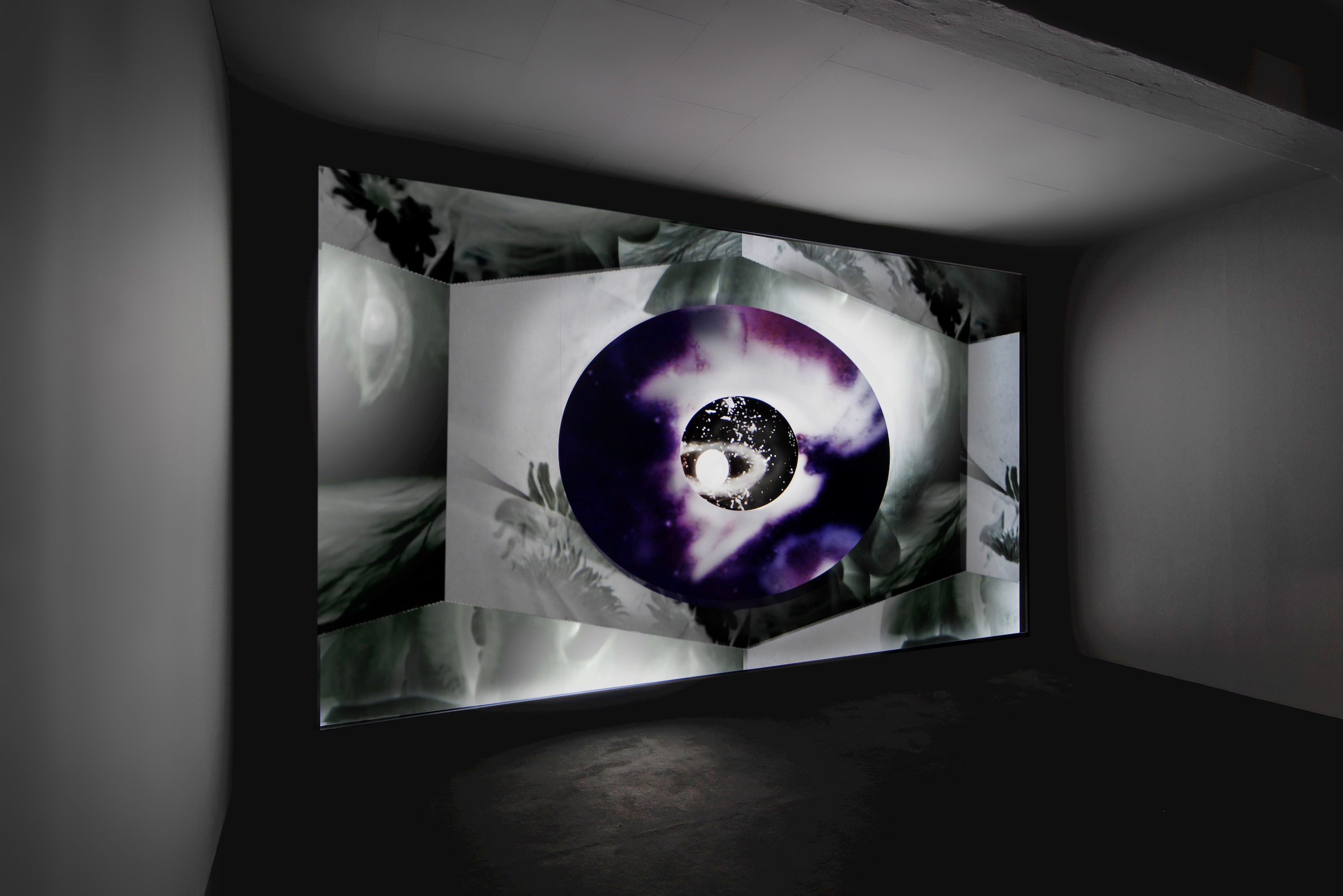
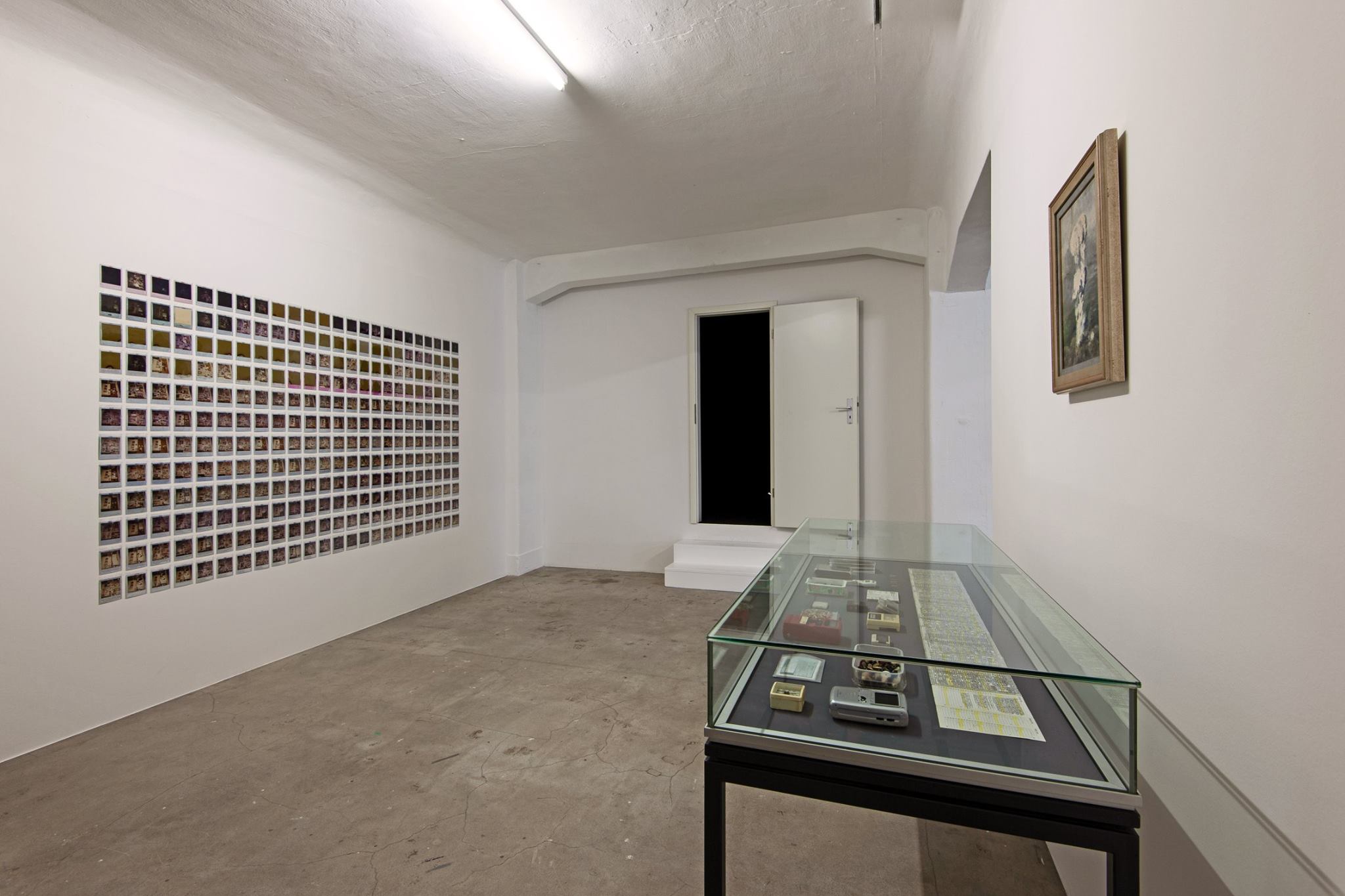
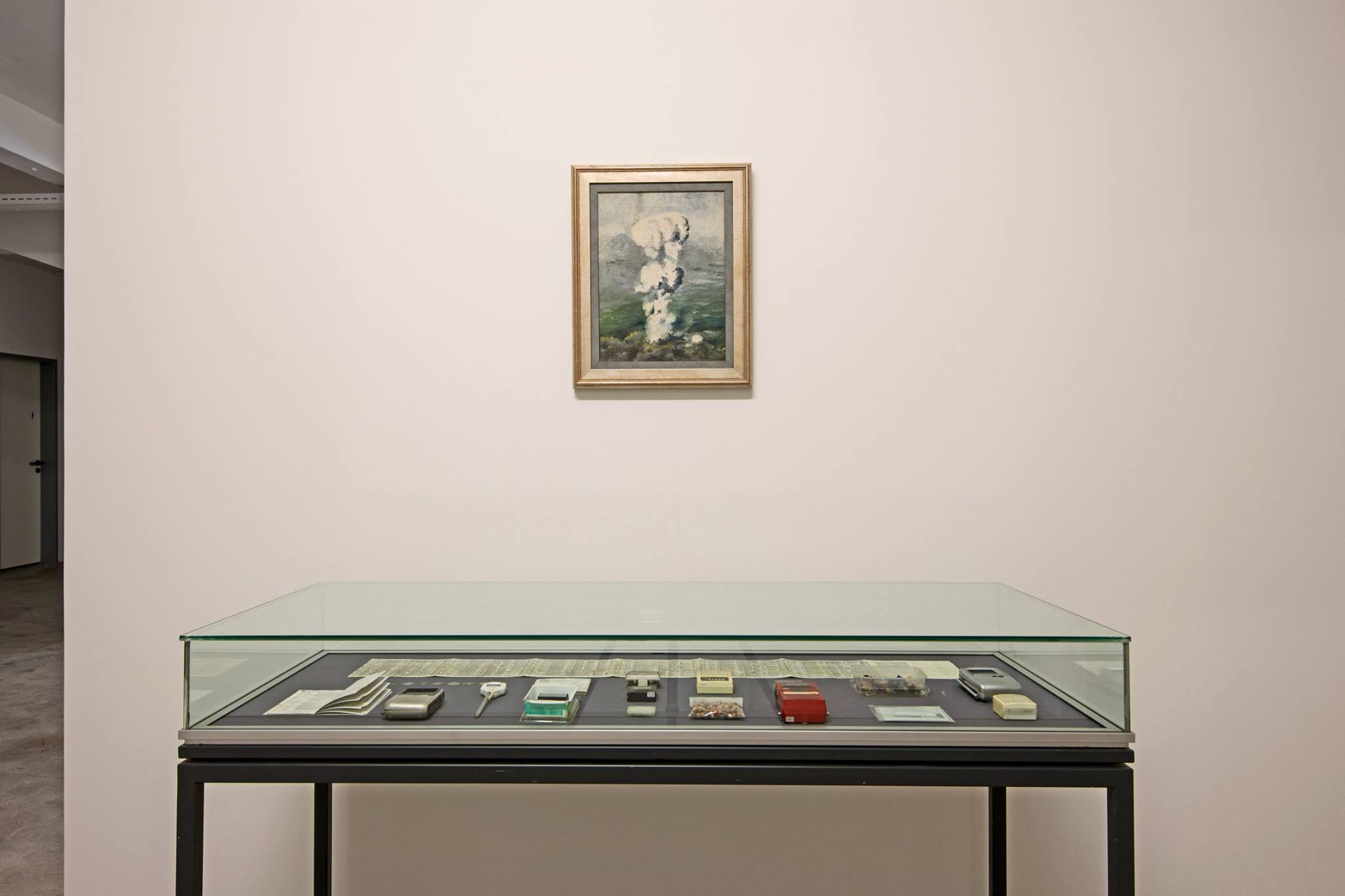
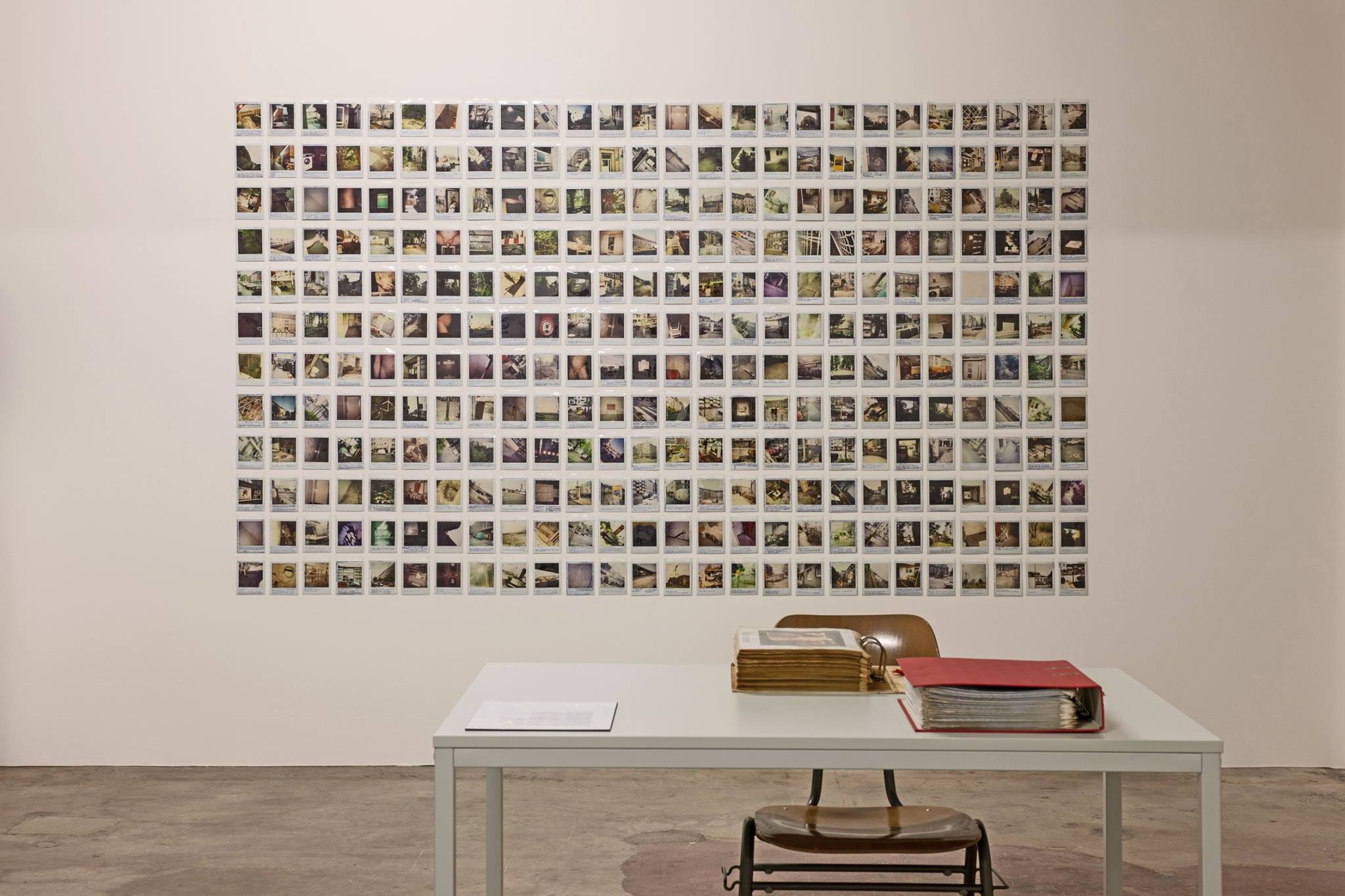
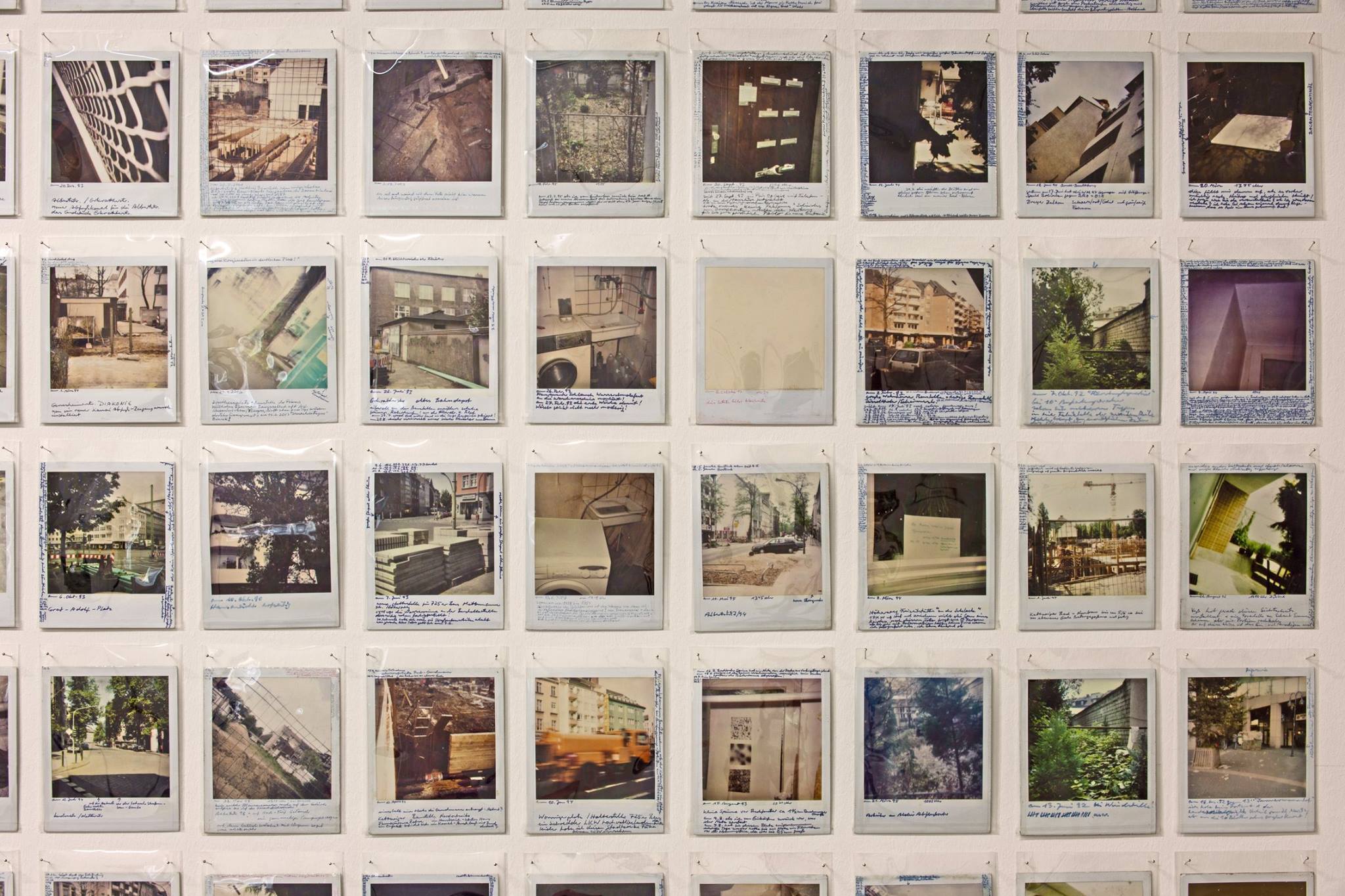
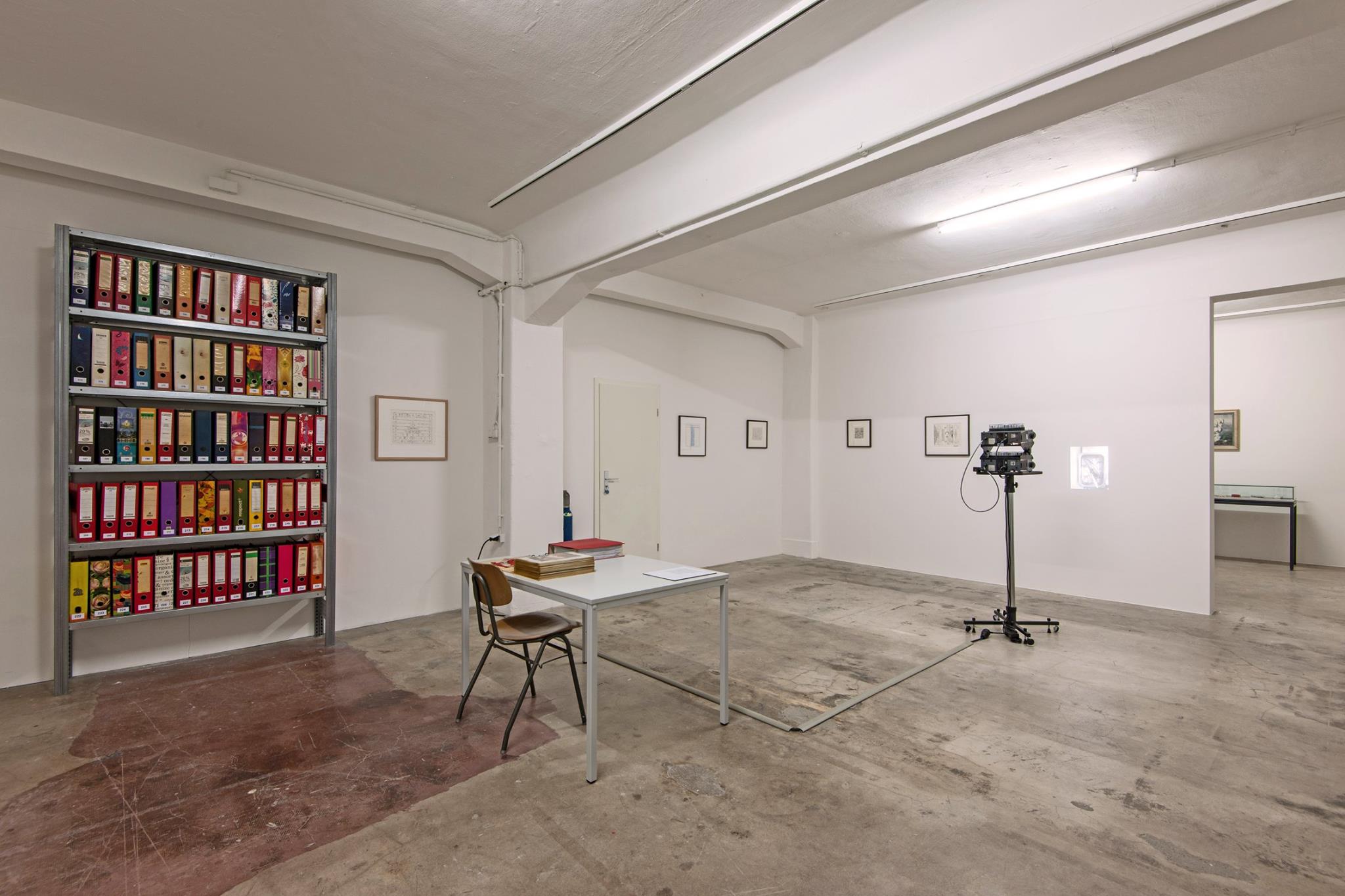
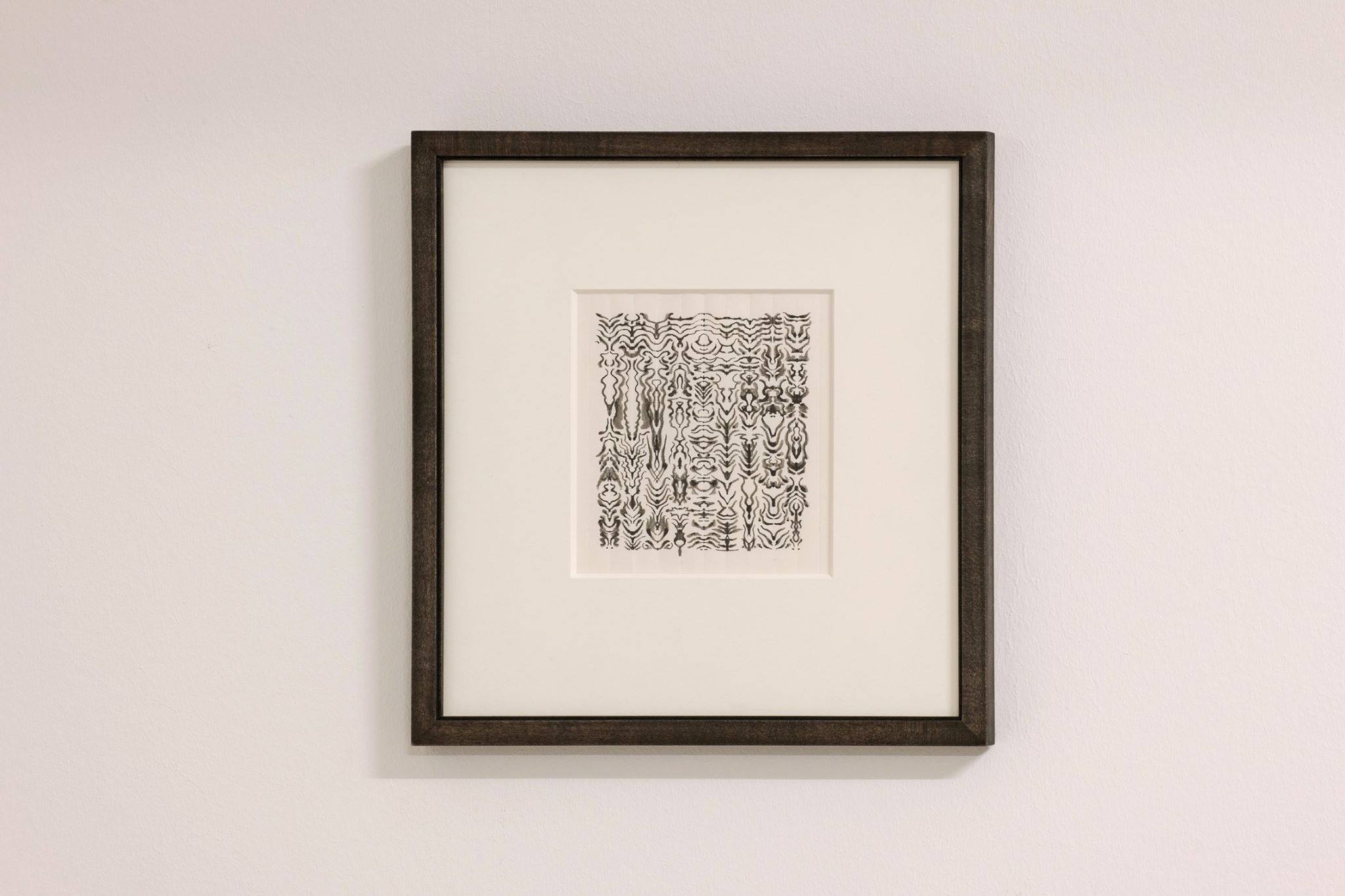
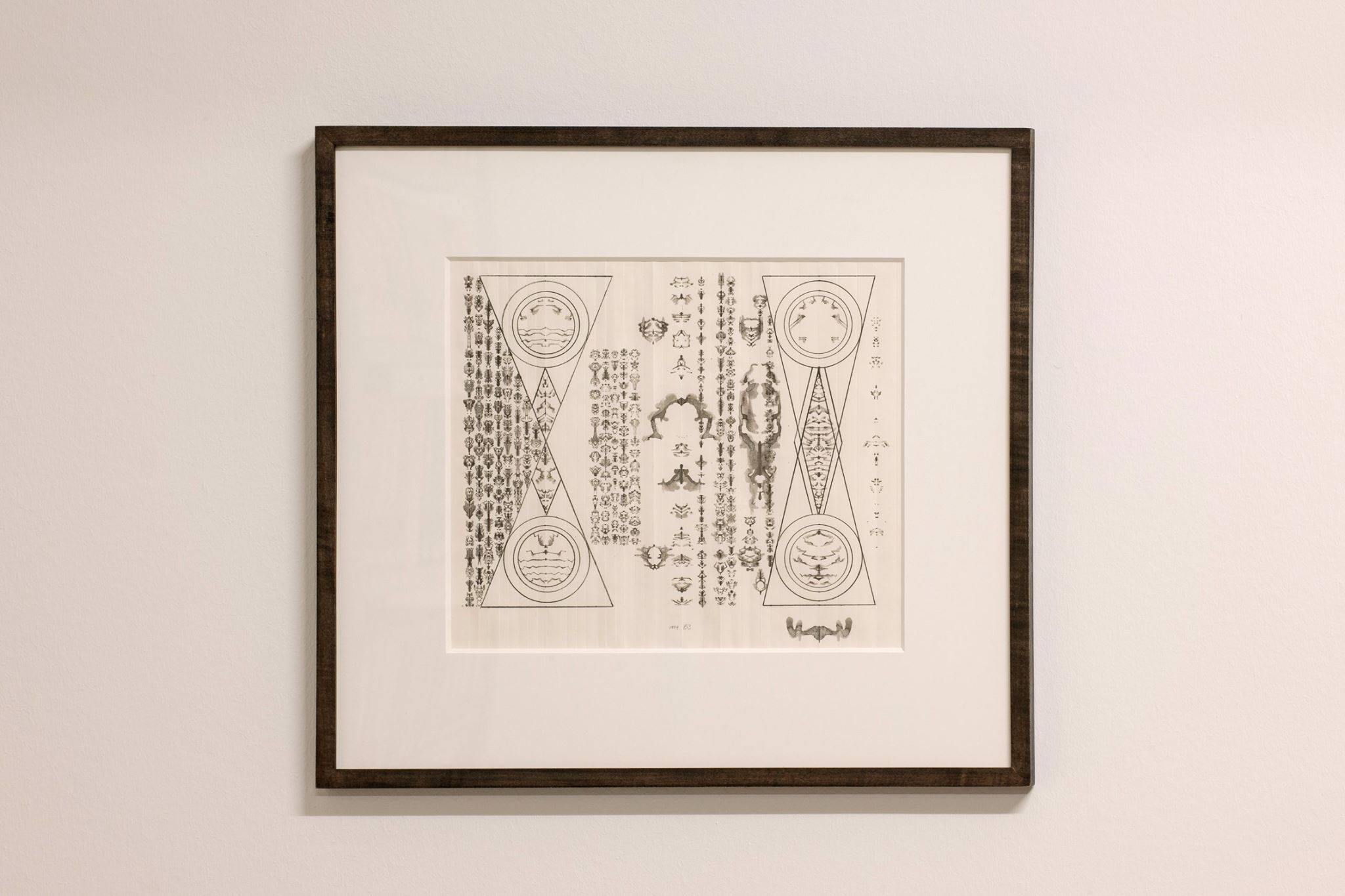
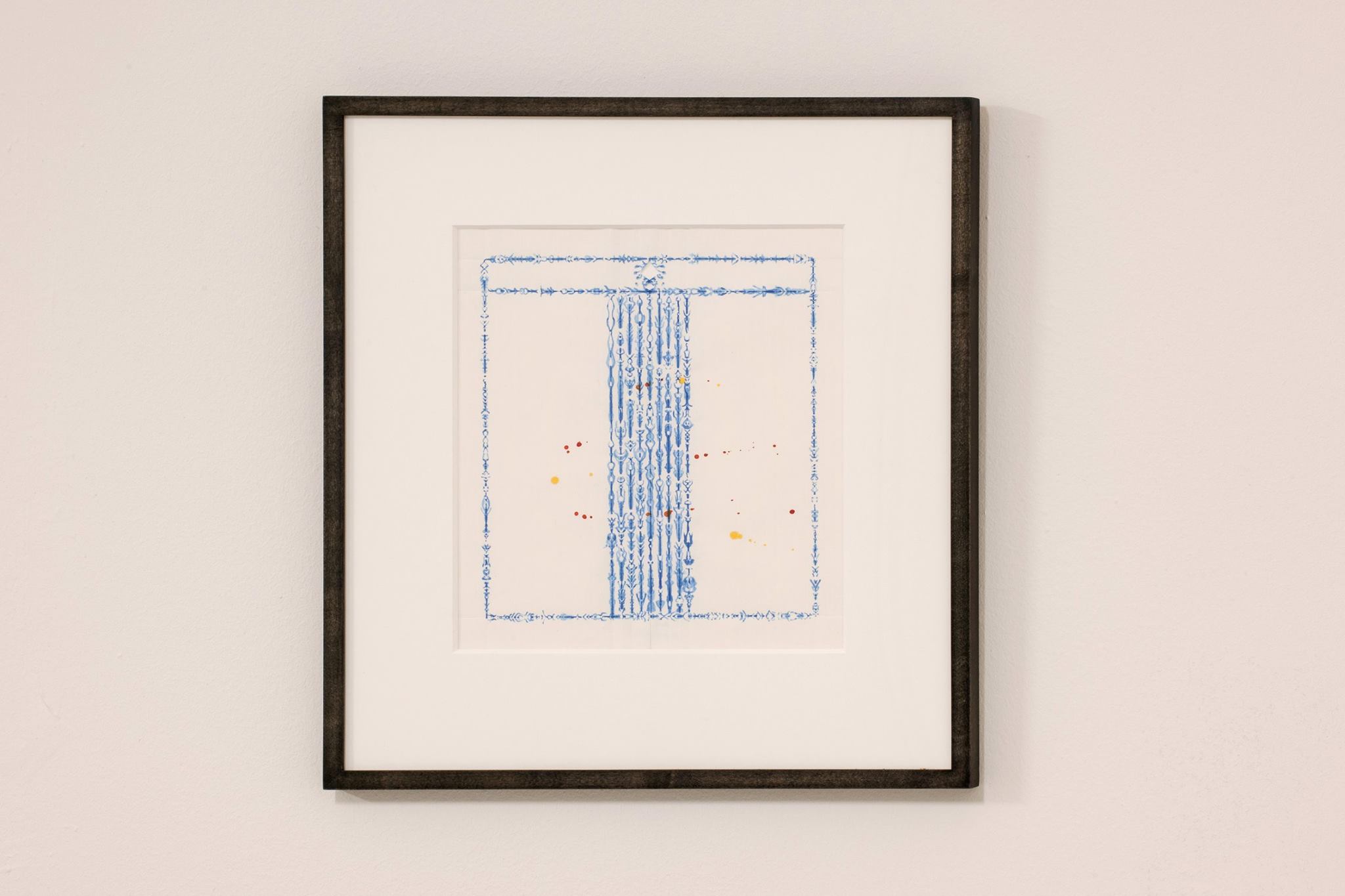
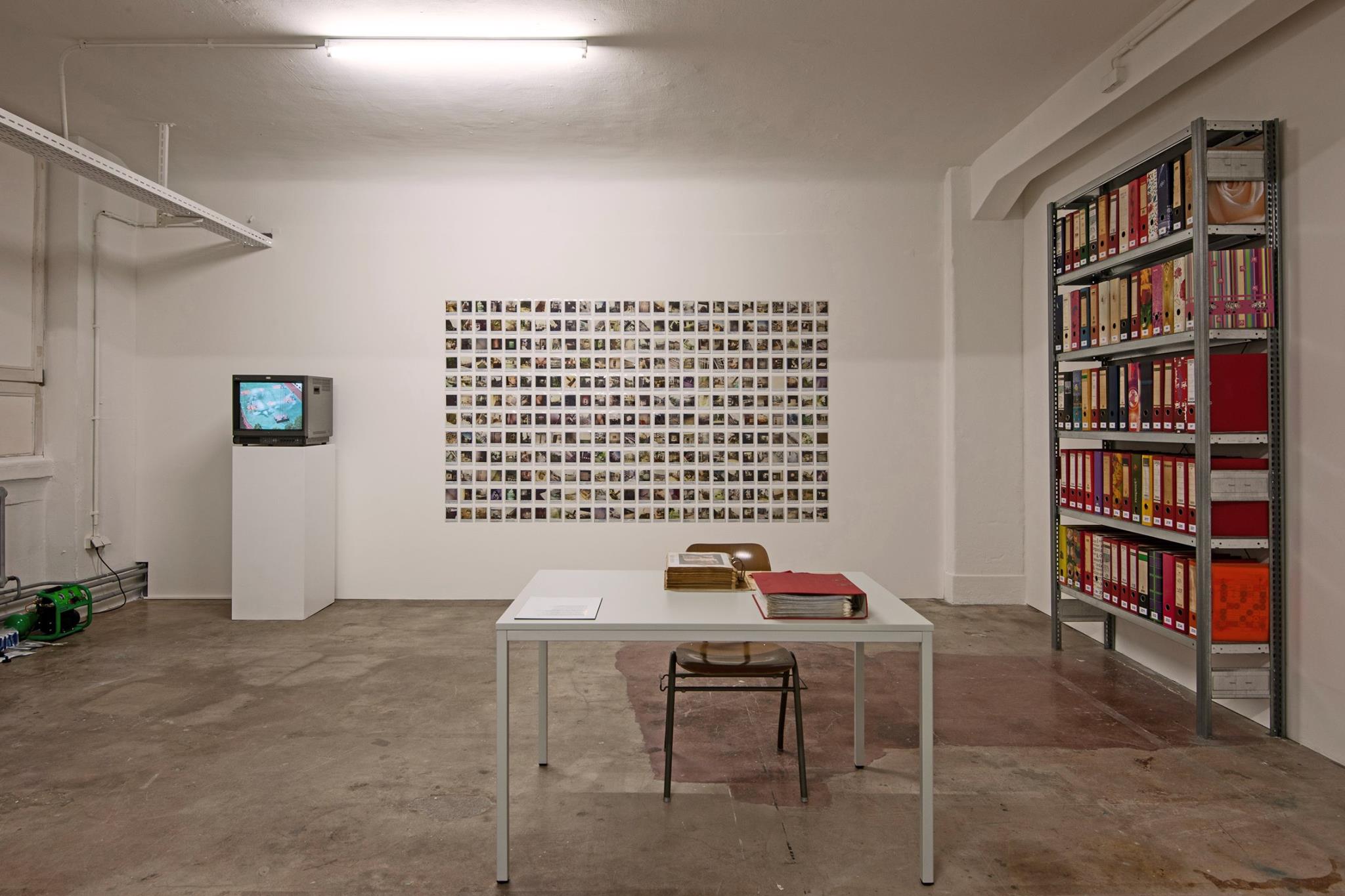



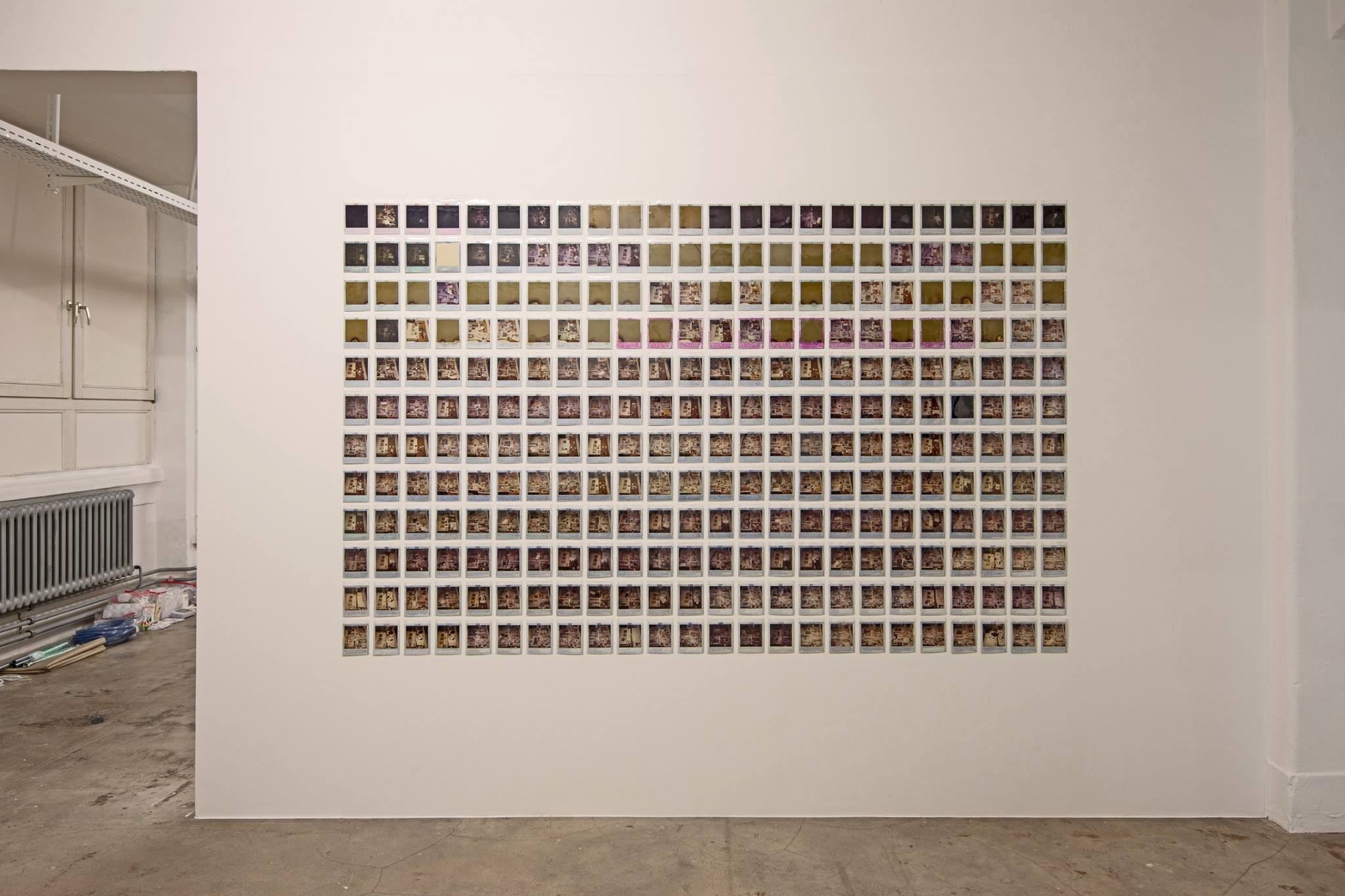

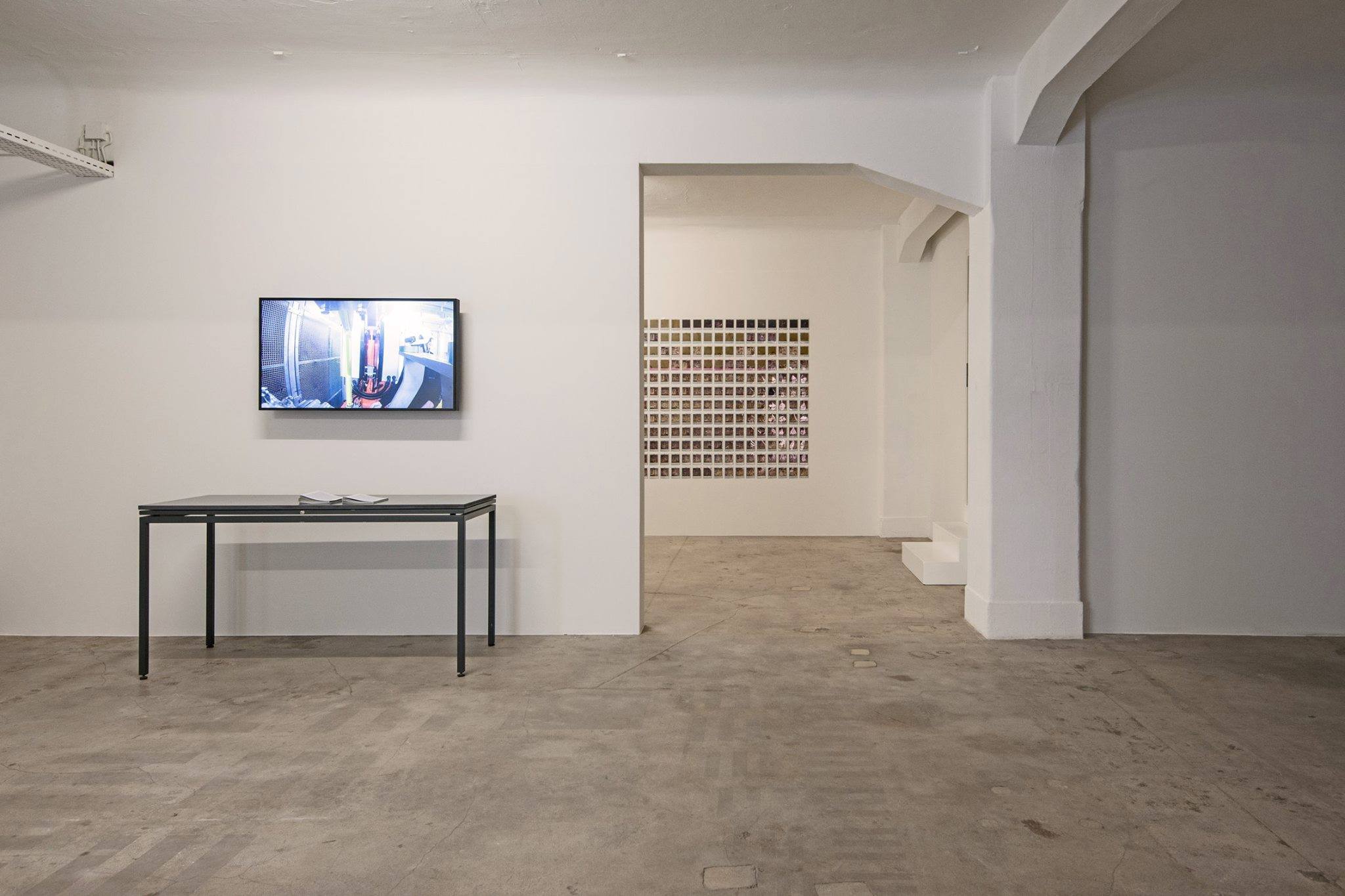
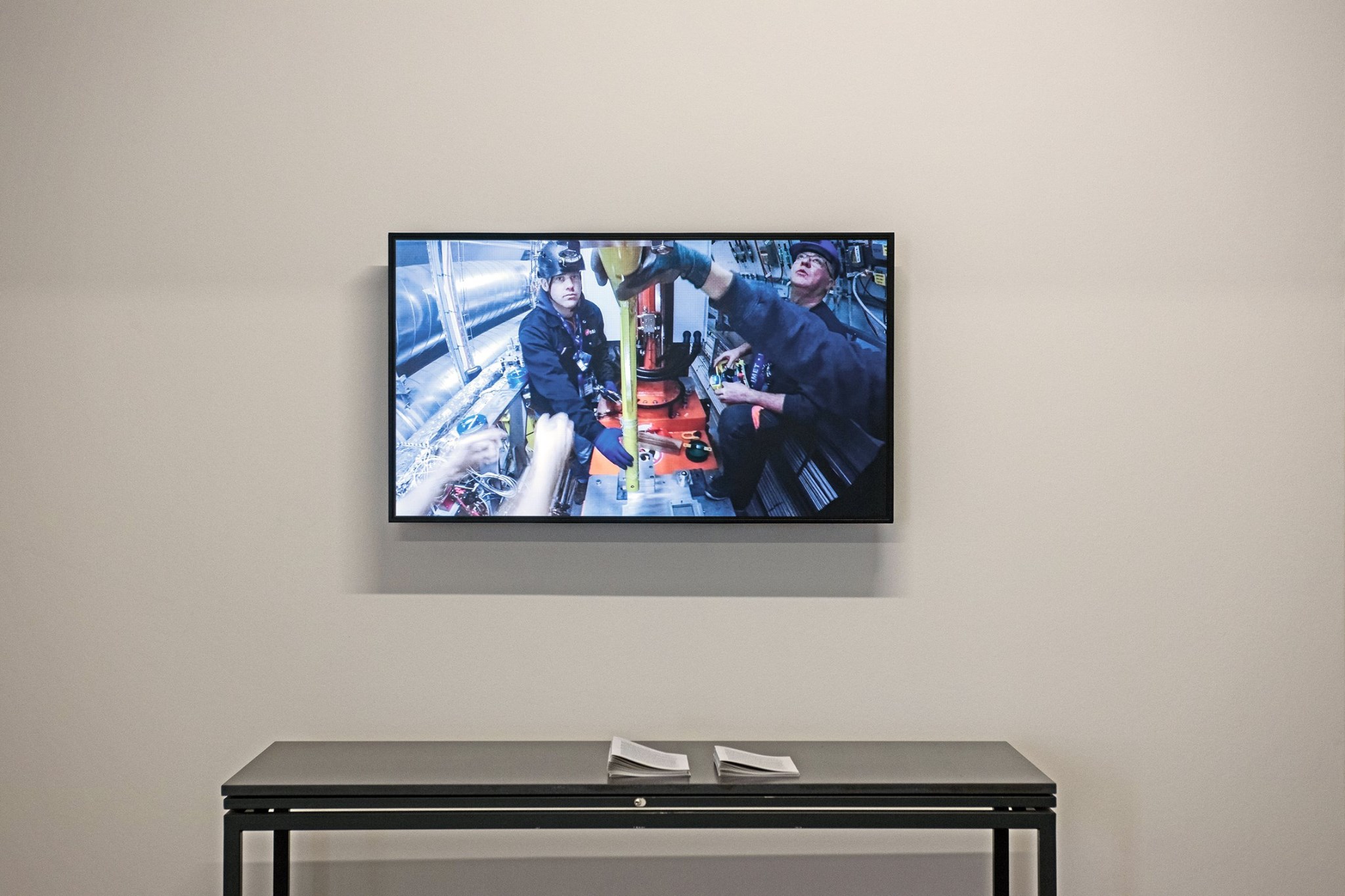
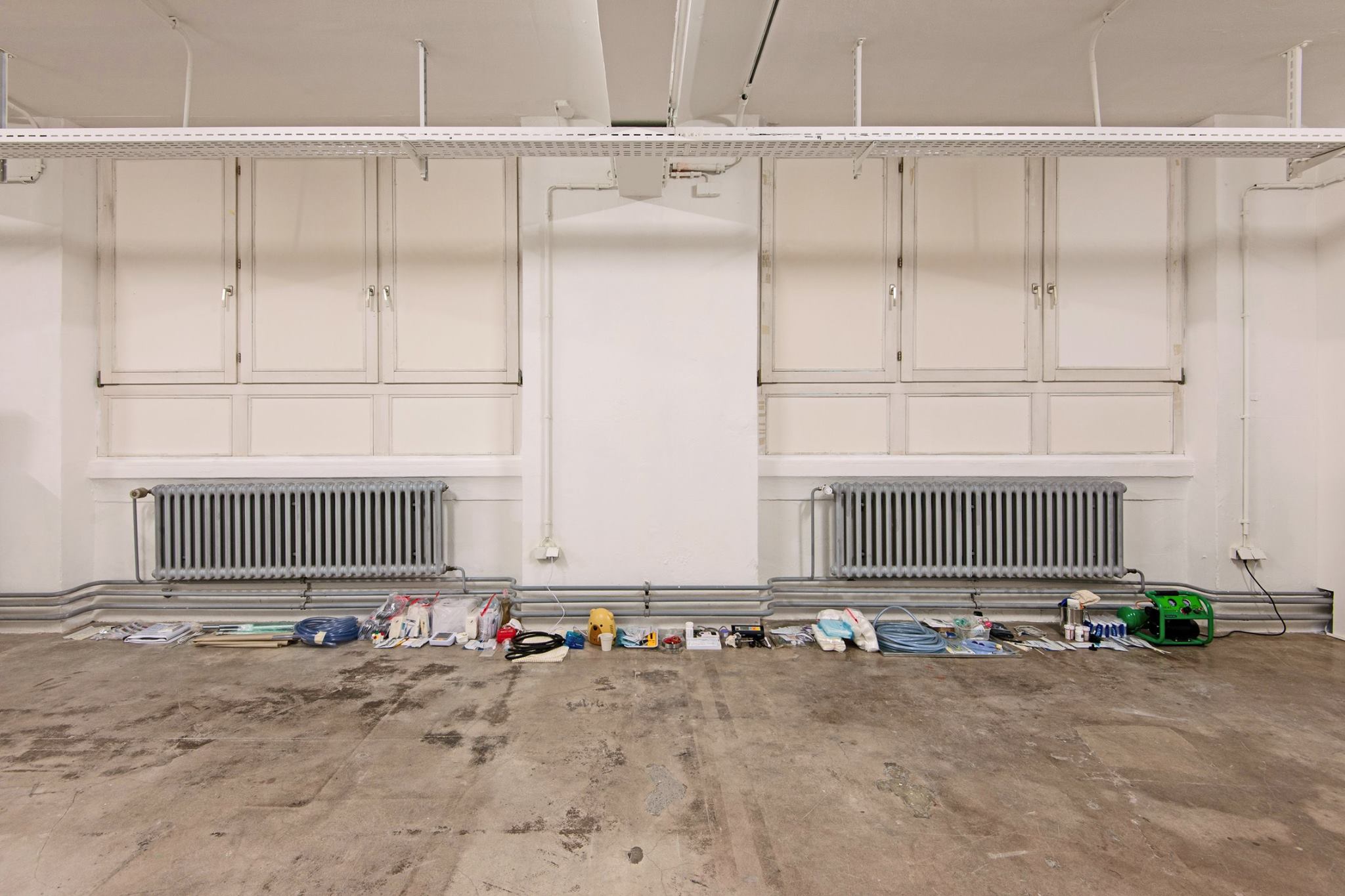
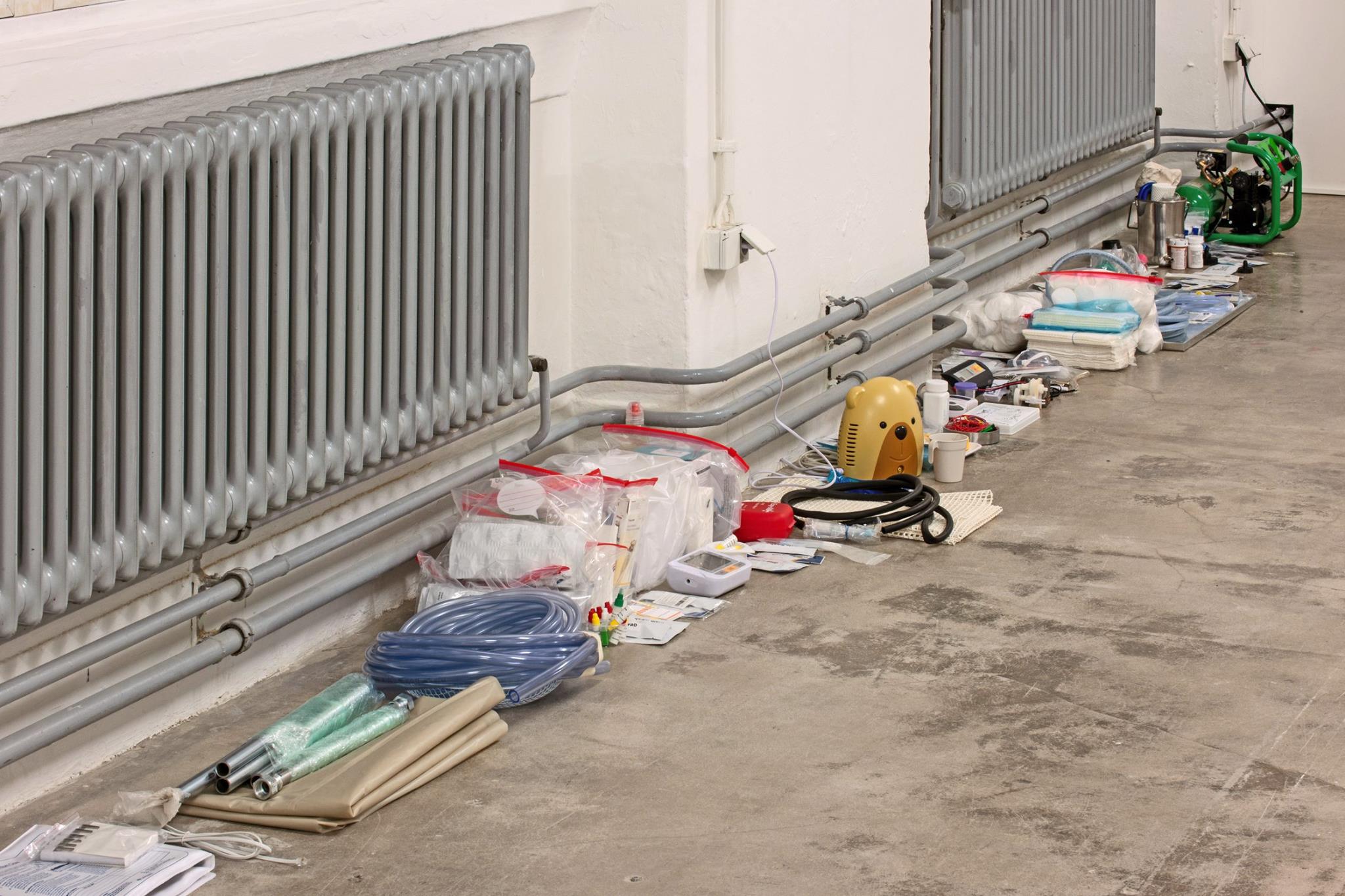
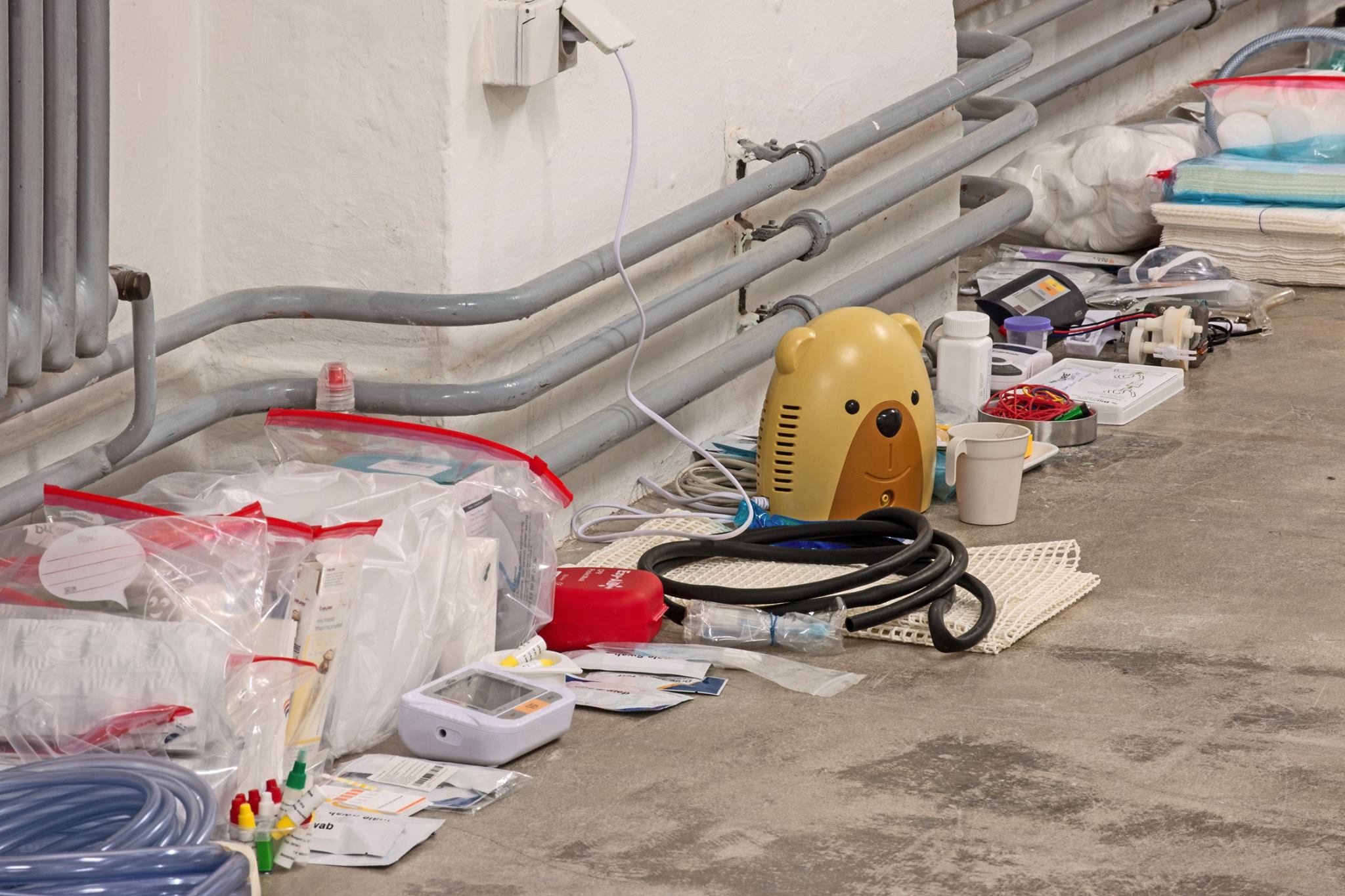
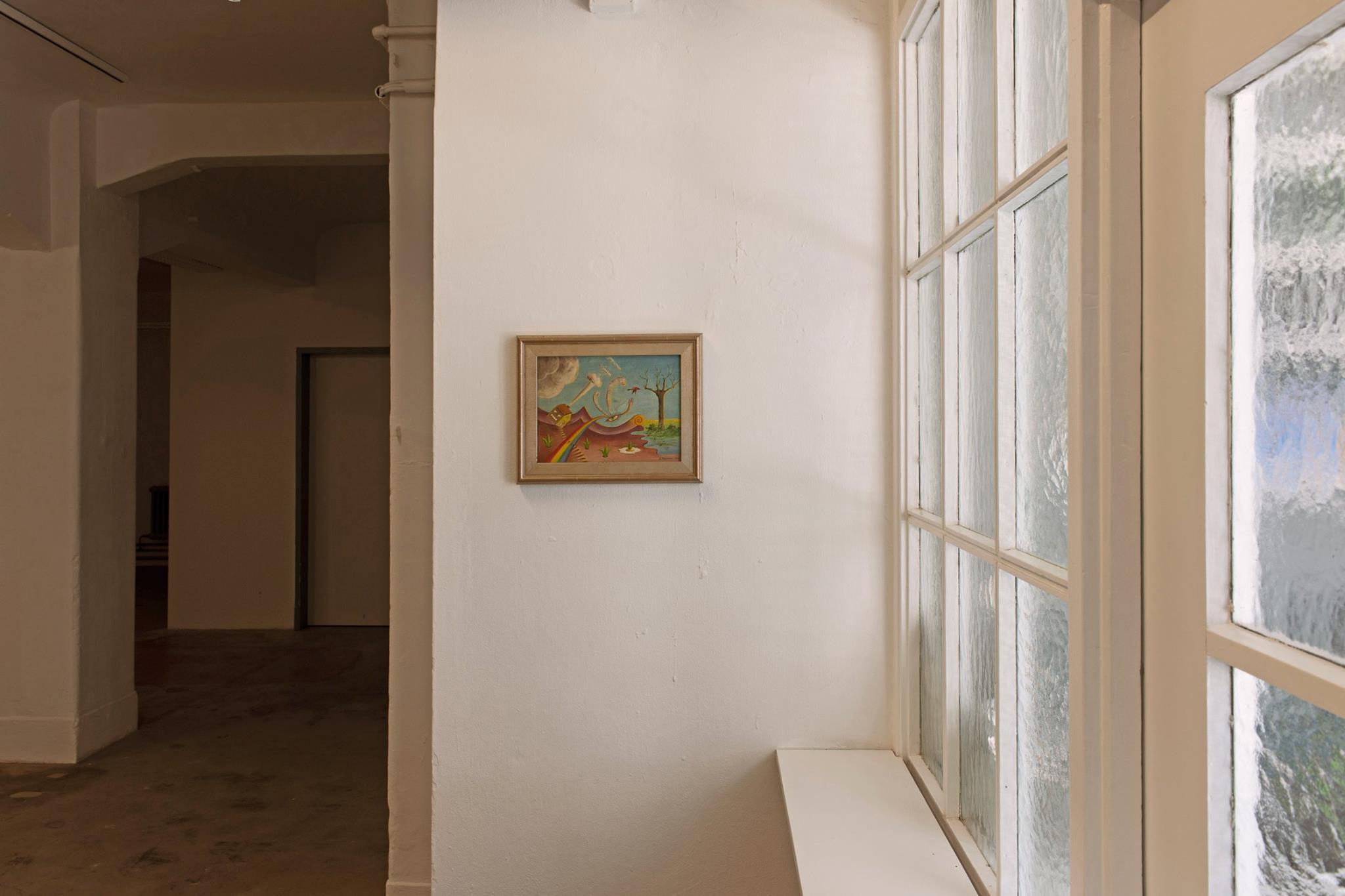
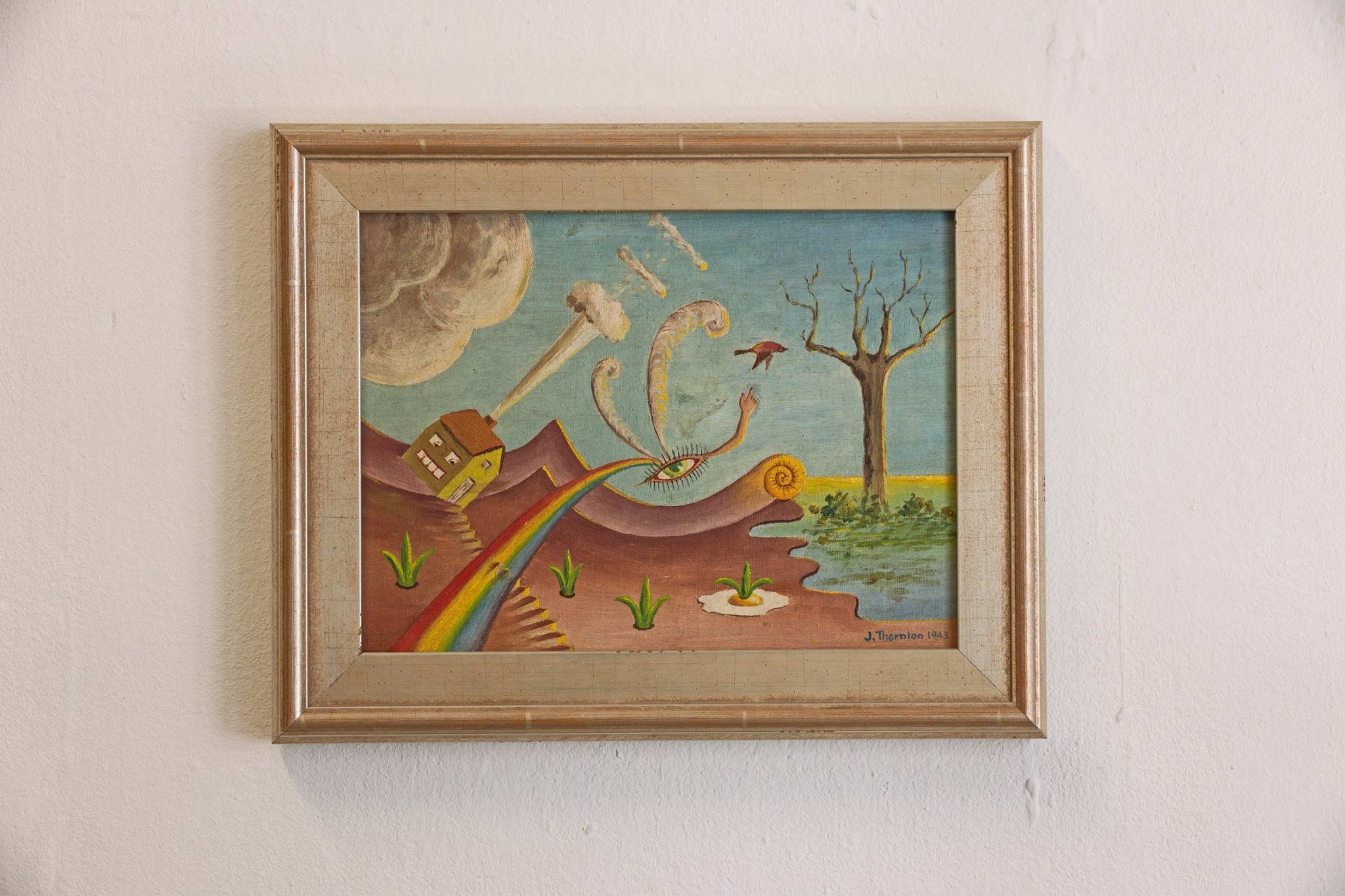
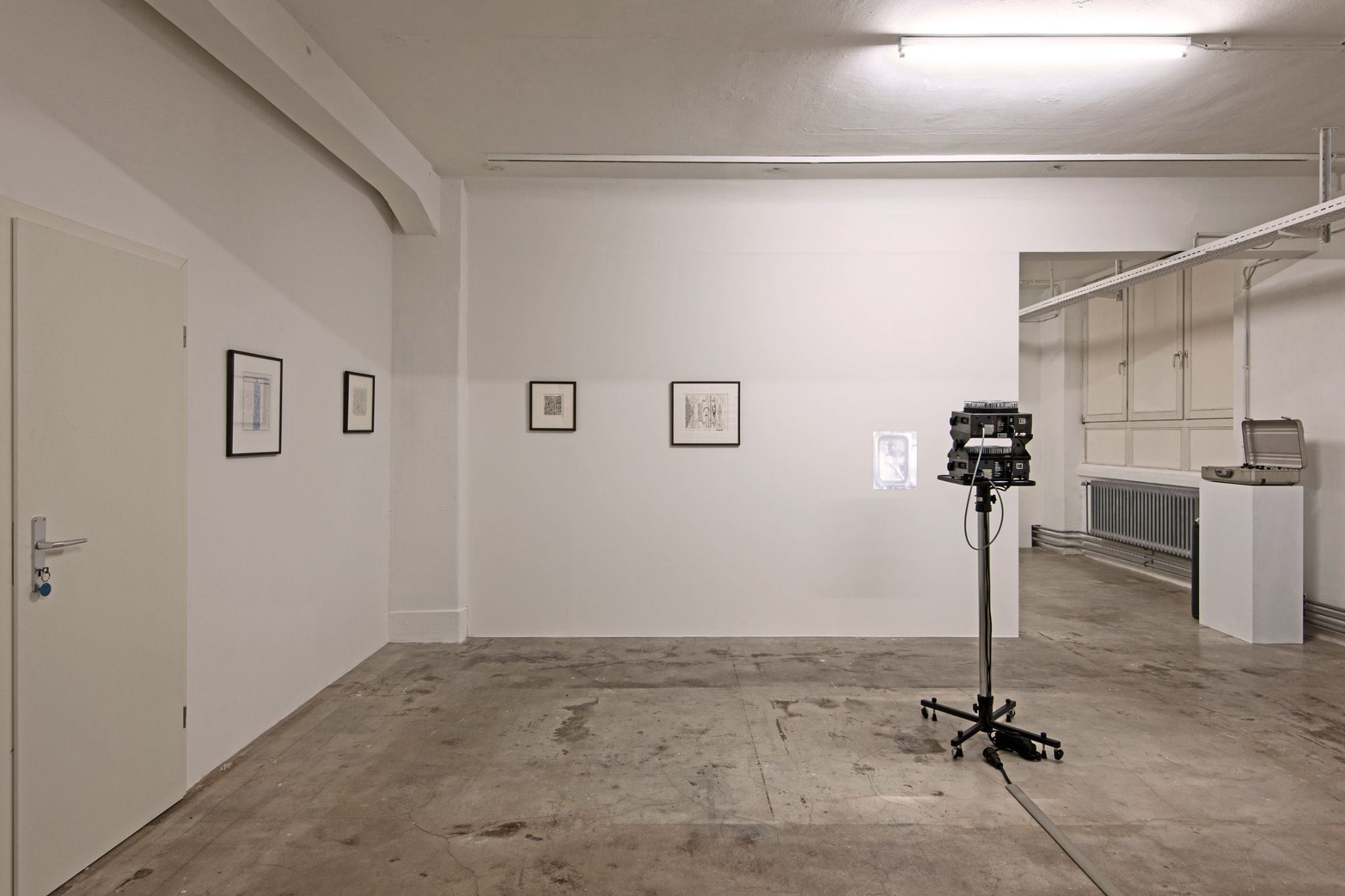
With HOTEL KALIFORNIA, a special reading and performance by Karl Holmqvist.
A history of the world as it has become known to me is concerned with, and a document of Ellen Cantor’s work through the lens of Pinochet Porn (2008–16) and its making – an epic experimental film embodying, and radically extending her multifaceted artistic practice. Taking the form of an episodic narrative about five children growing up under the regime of General Augusto Pinochet in Chile, and shot between her dual hometowns of London and New York, history is observed through Cantor’s fictive speculations on private experience within a totalising political order. A history of the world as it has become known to me brings together writings and archival materials of Cantor including a reproduction in full of her drawing-based script Circus Lives from Hell (2004), alongside contributions by writers, artists, collaborators and friends reflecting on Cantor’s practice, Pinochet Porn and a singularly transgressive vision: explicitly feminist, remorselessly emotional, dramatic in tone, and, as Cantor herself liked to put it, adult in subject matter.
Editors: Lia Gangitano, Fatima Hellberg and Jamie Stevens
Contributors: Dodie Bellamy, Jonathan Berger, John Brattin, Ellen Cantor, Lia Gangitano, Cy Gavin, Jospeh Grigely, Clara López Menéndez and John Maybury.
Publisher: Sternberg Press, Künstlerhaus Stuttgart, CCA Wattis Institute for Contemporary Arts and Participant Inc.
Design: Pedro Cid Proença
Copyediting: Ben Caton
Translation: Robert Schlicht
Copyediting, German: Gitte Lindmaier
Price: 26 EUR
, to order the book, please email info@kuenstlerhaus.de
Karl Holmqvist, artist, poet and friend of Cantor will be reading HOTEL KALIFORNIA, a piece of special importance and connection – “Give it more heart and more nuance…”
The full launch programme includes upcoming events at Participant Inc, New York and Galerie Isabella Bortolozzi, Berlin.
Realised with the support of the German Federal Cultural Foundation, the City of Stuttgart, Wüstenrot Foundation, the Ministry of Science, Research and the Arts, Baden-Württemberg (MWK), and Valeria Napoleone
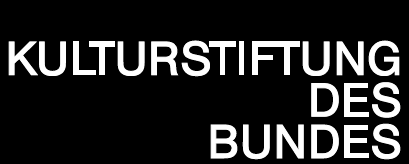



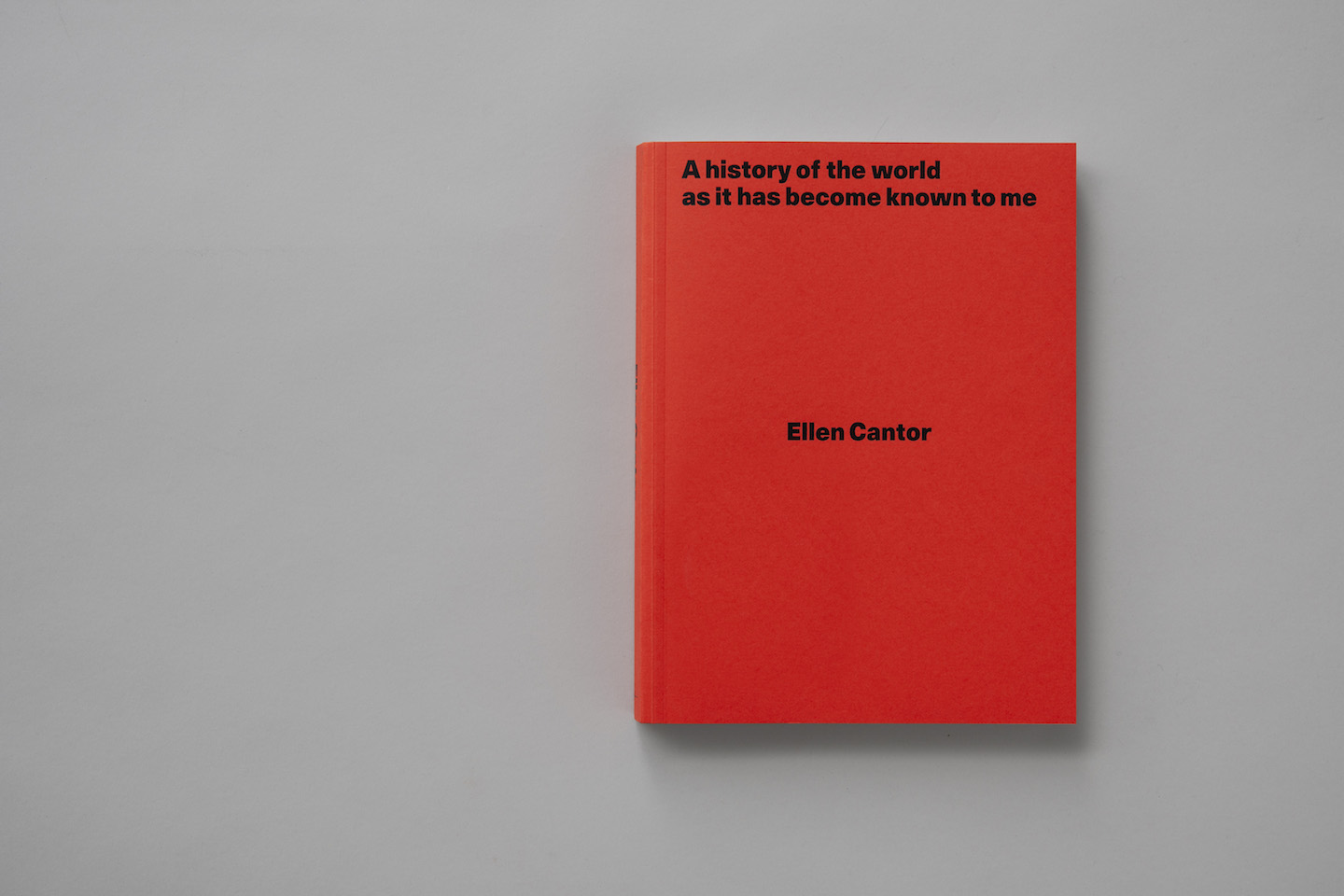
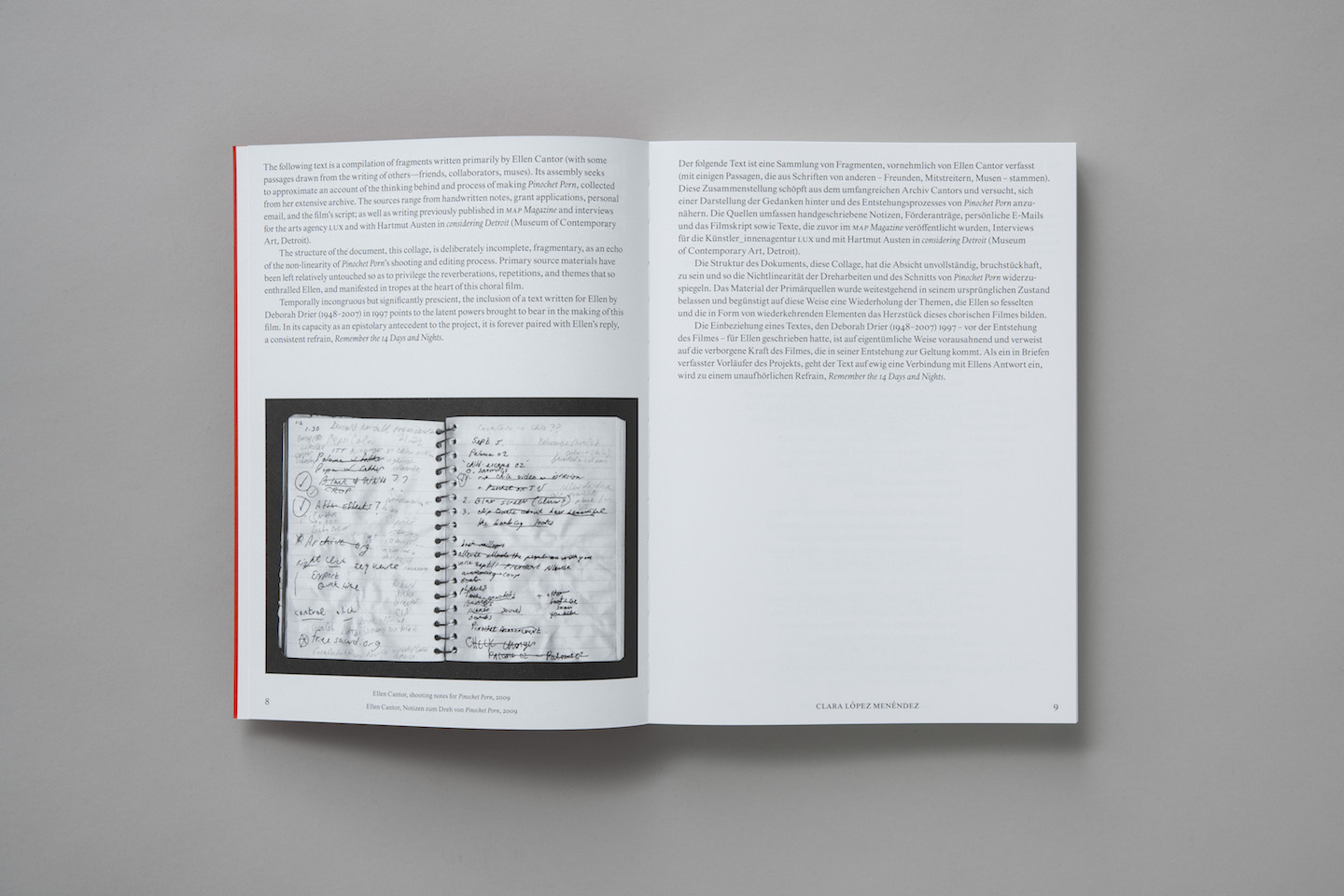
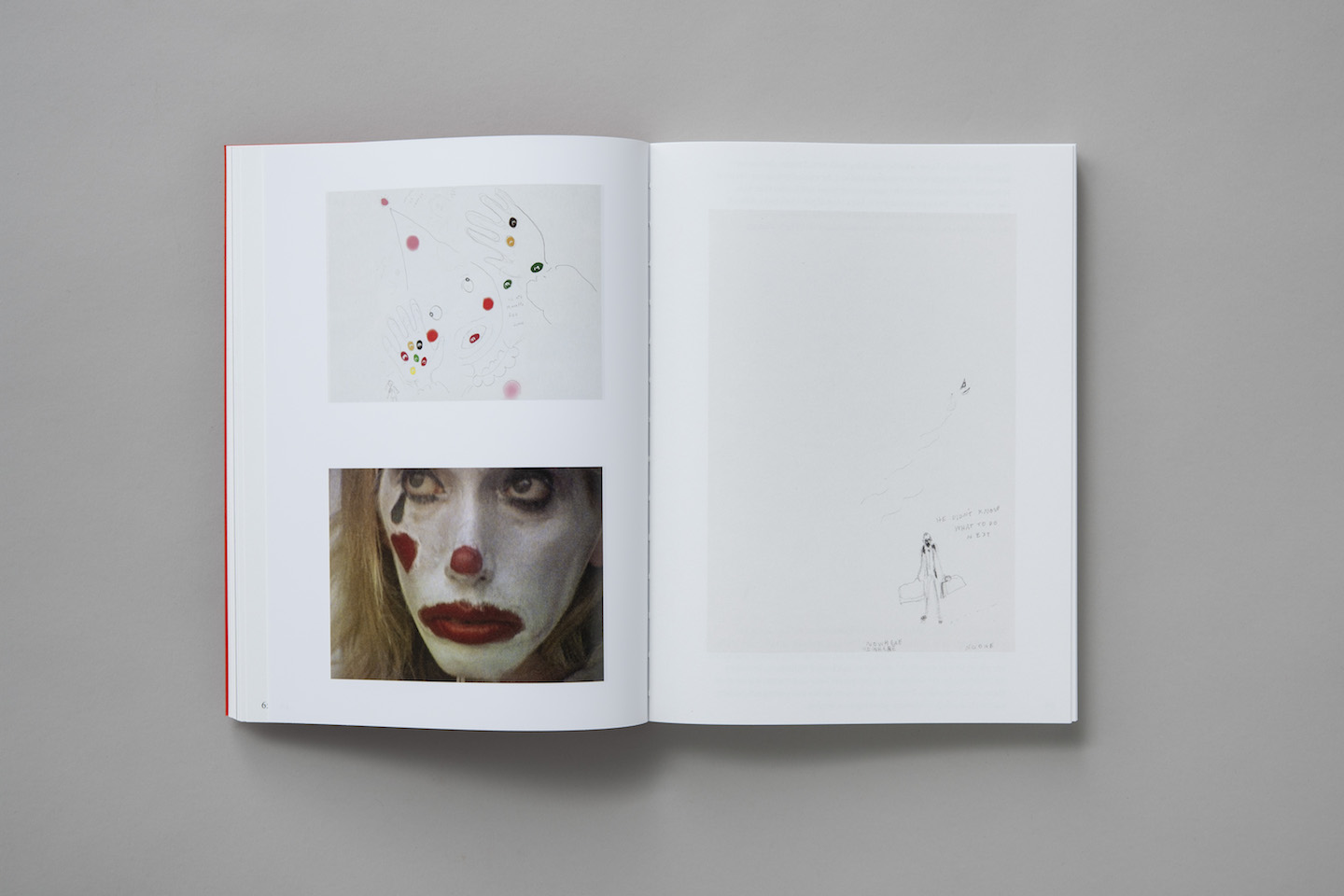


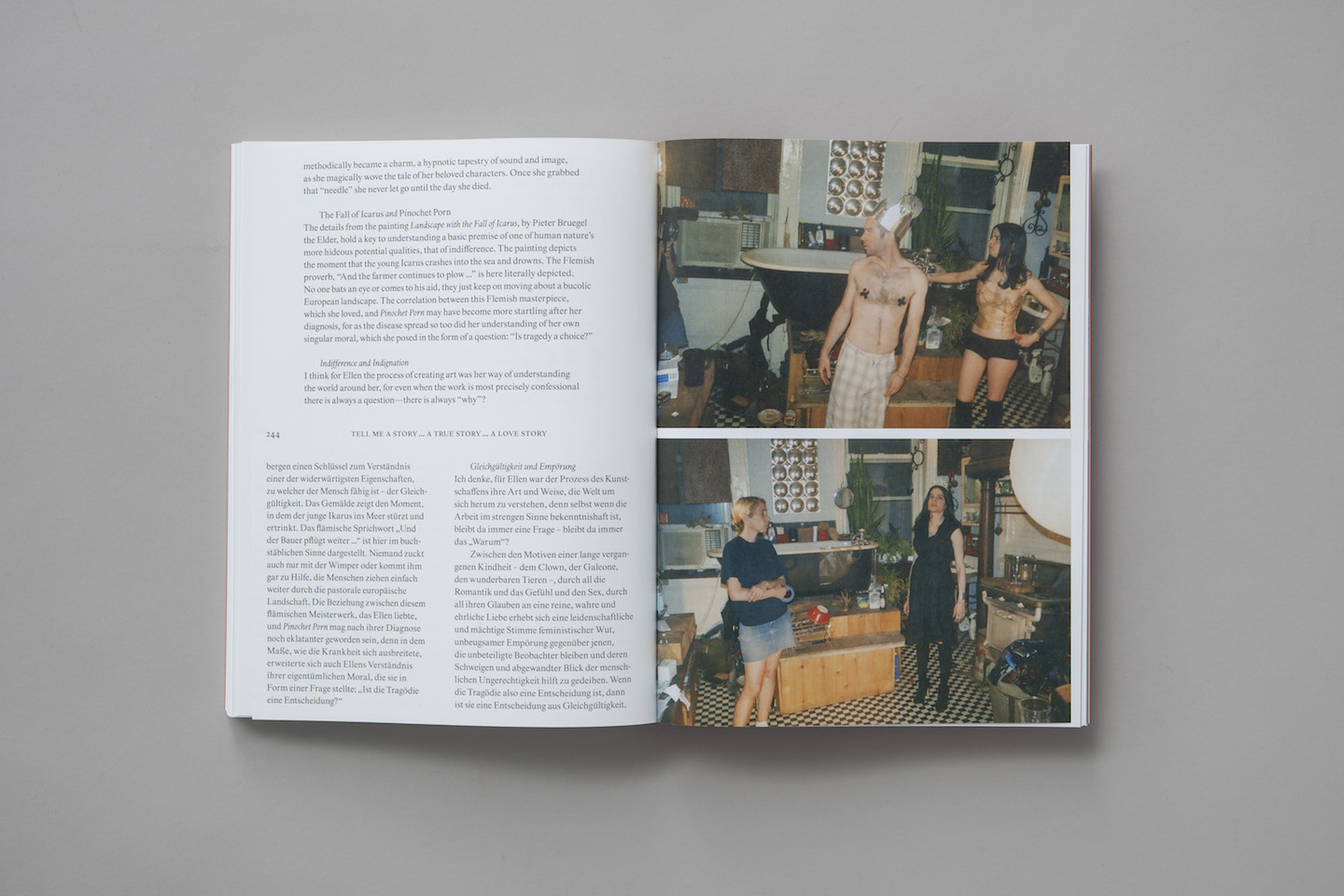
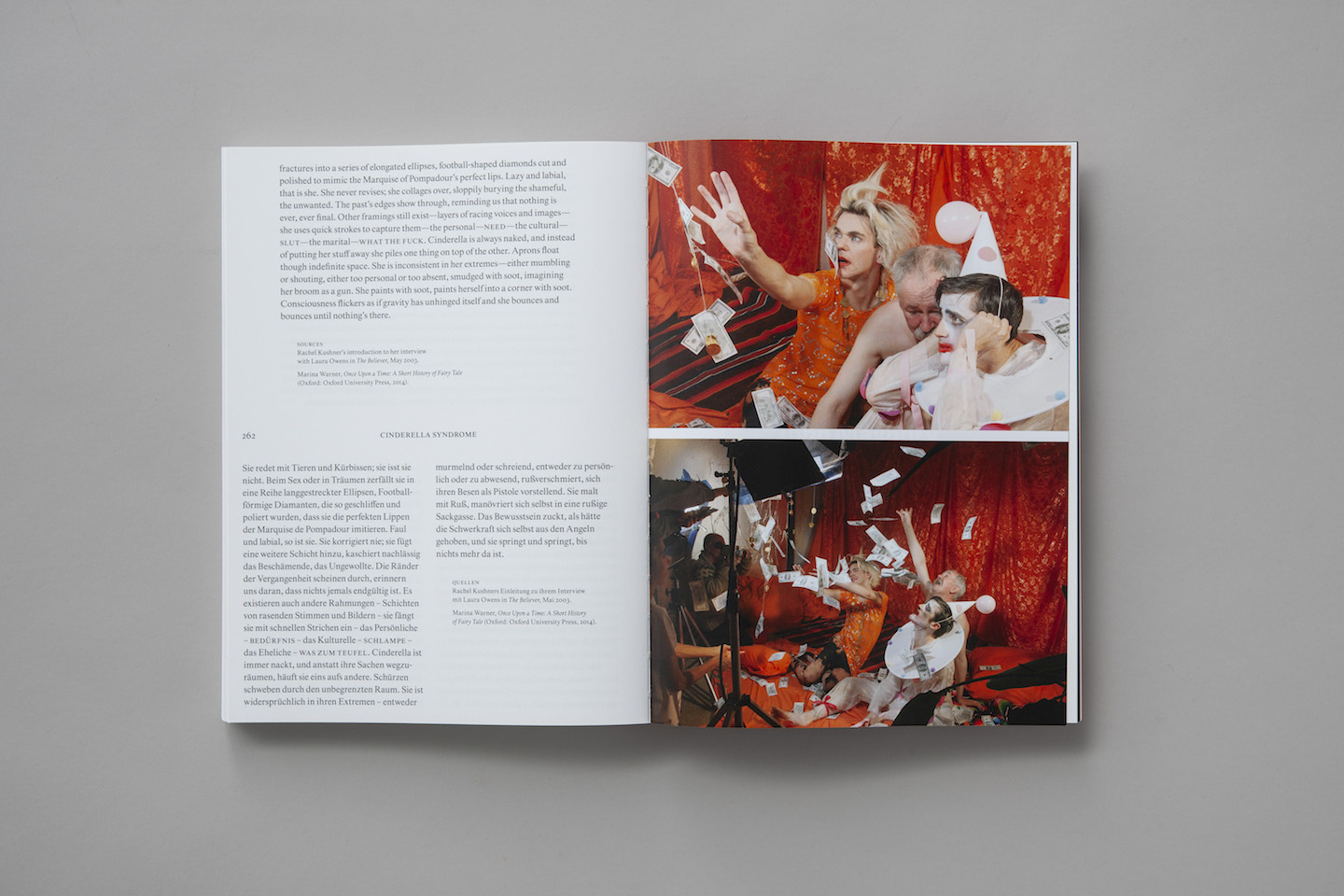
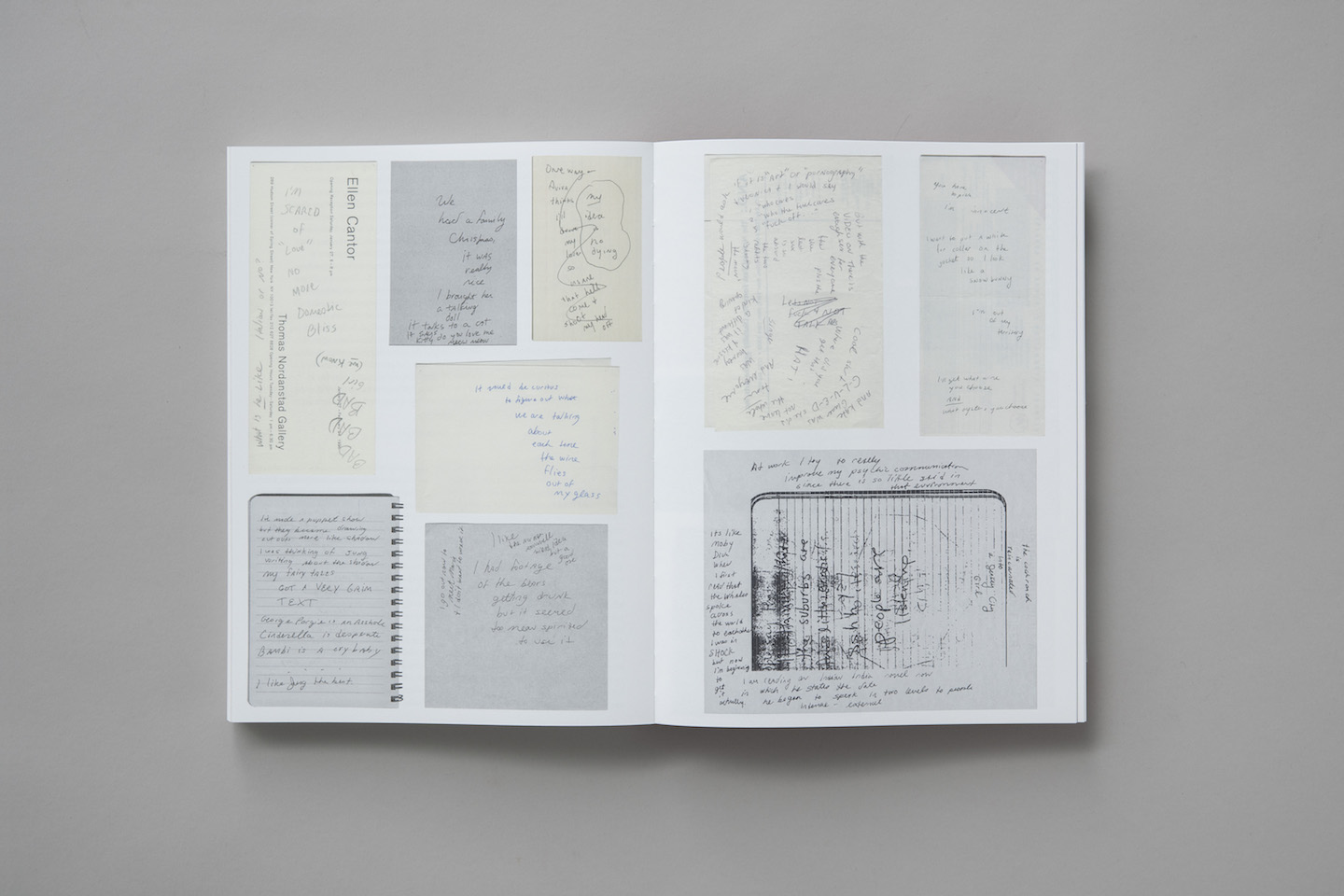

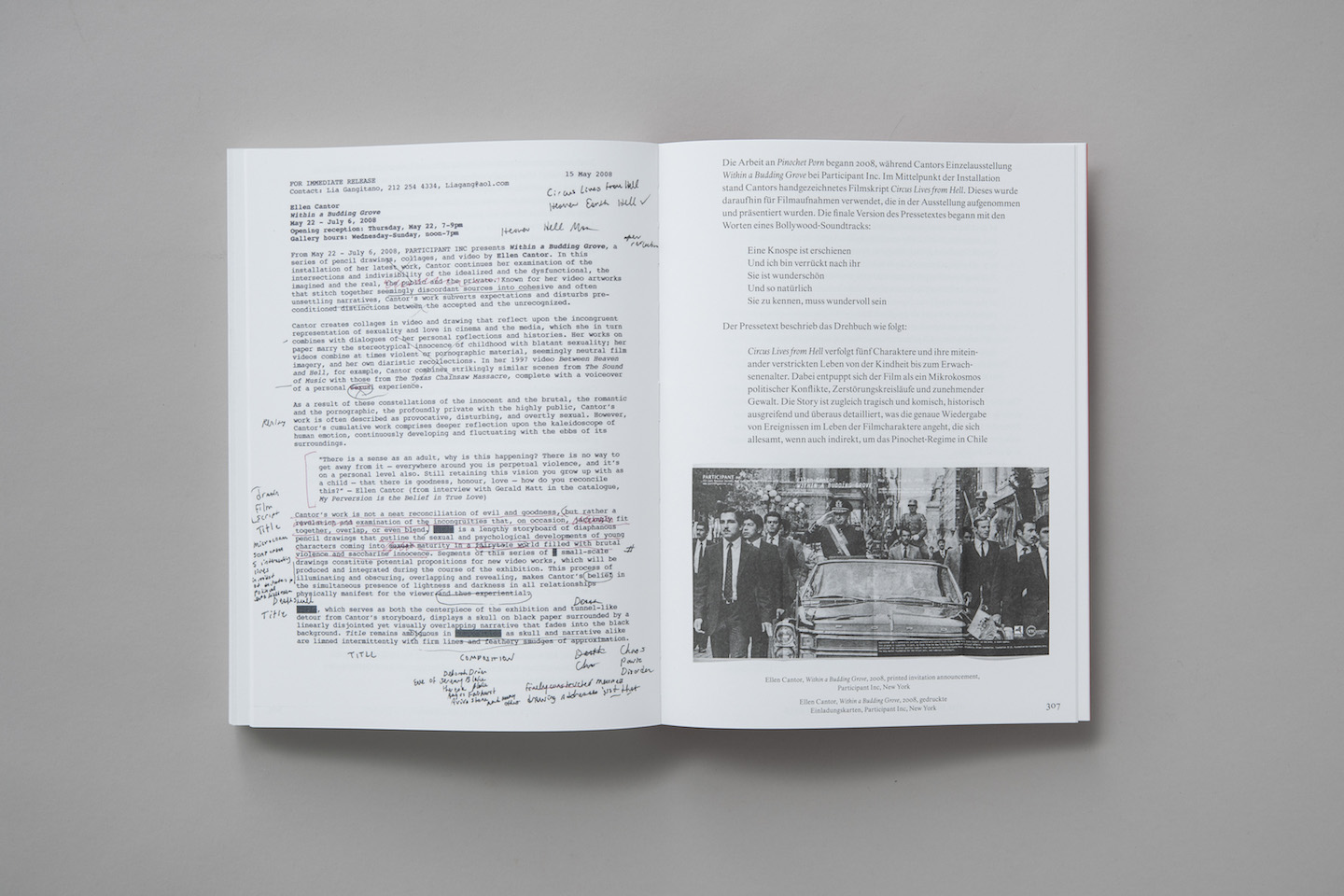
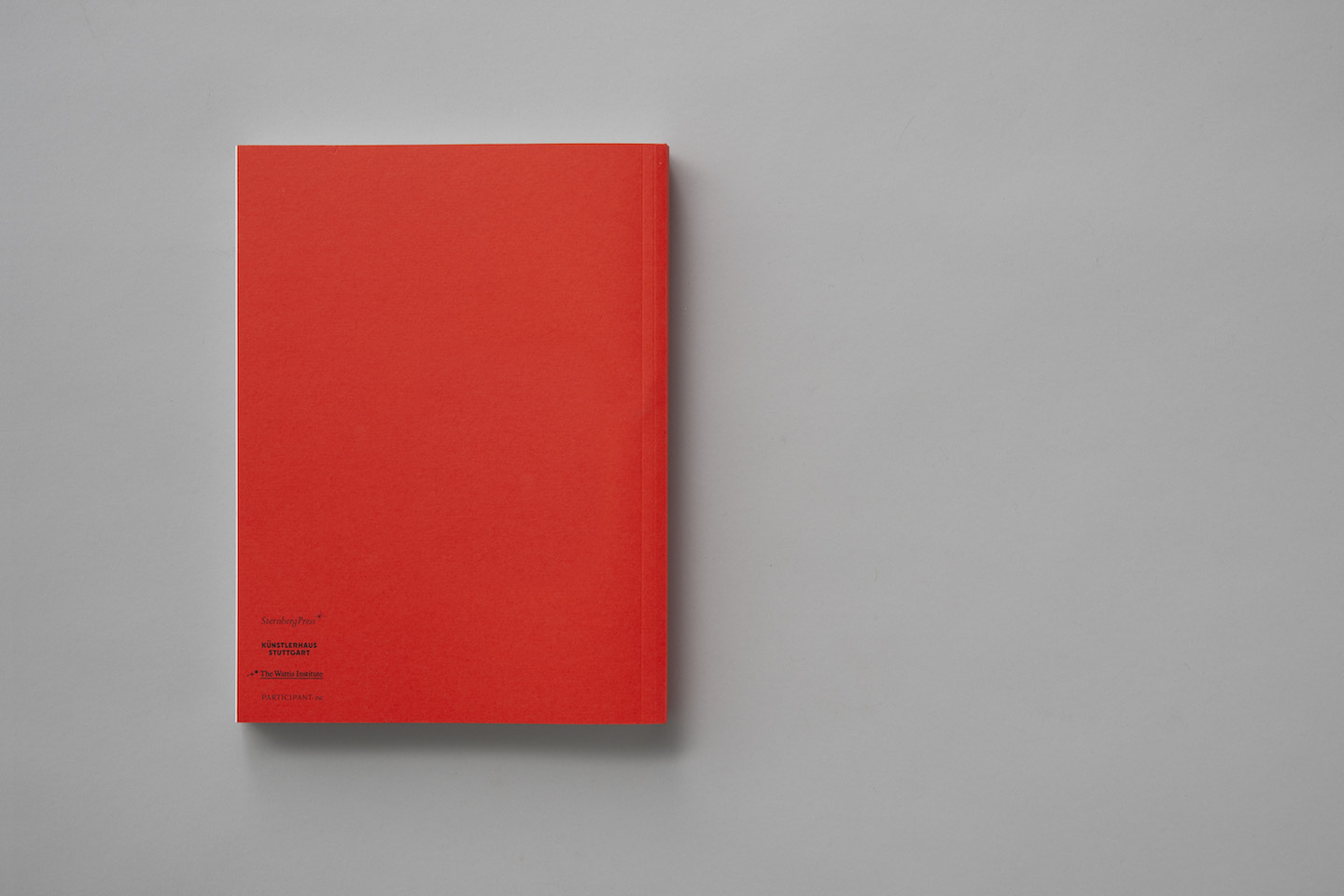
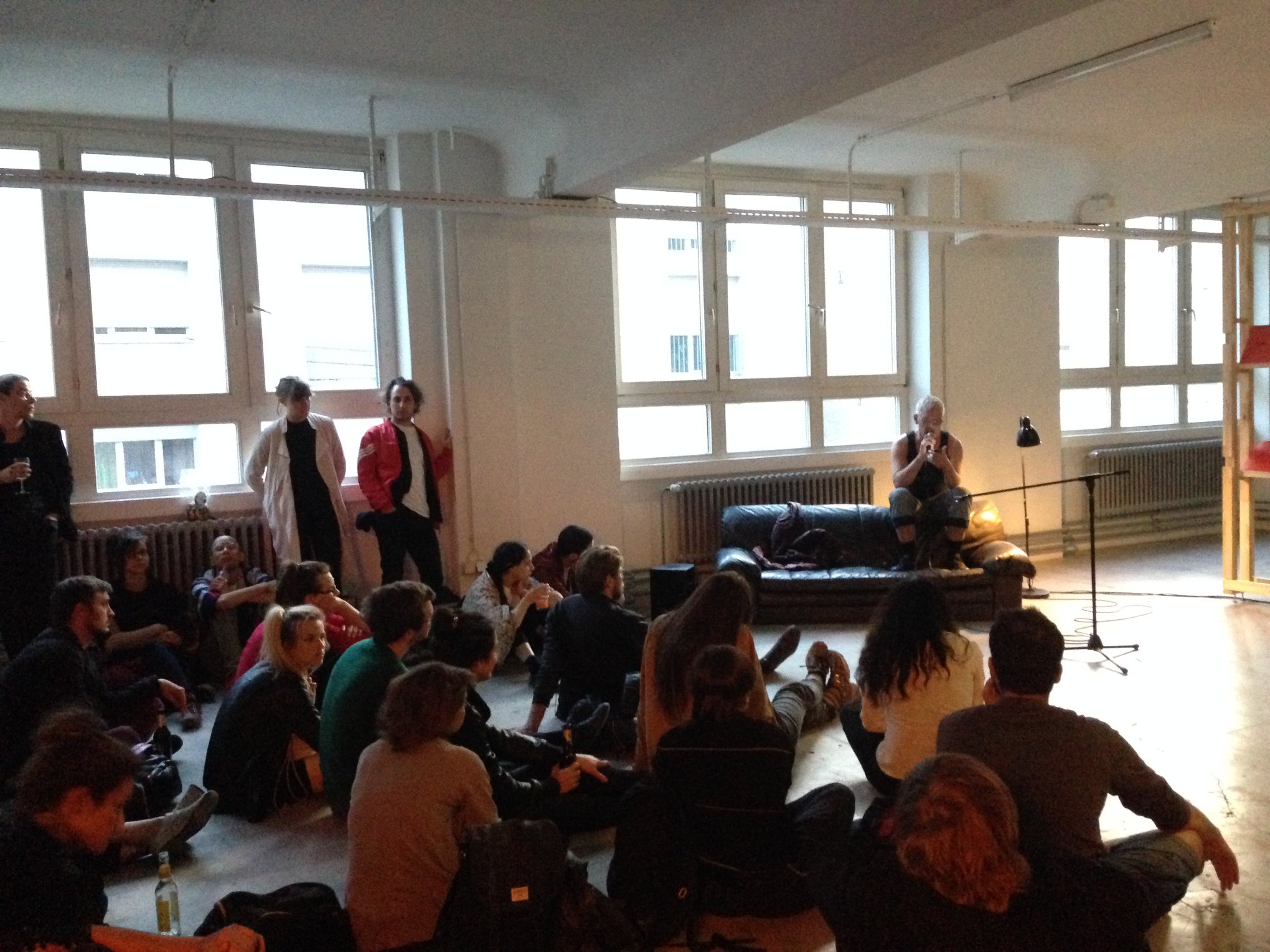
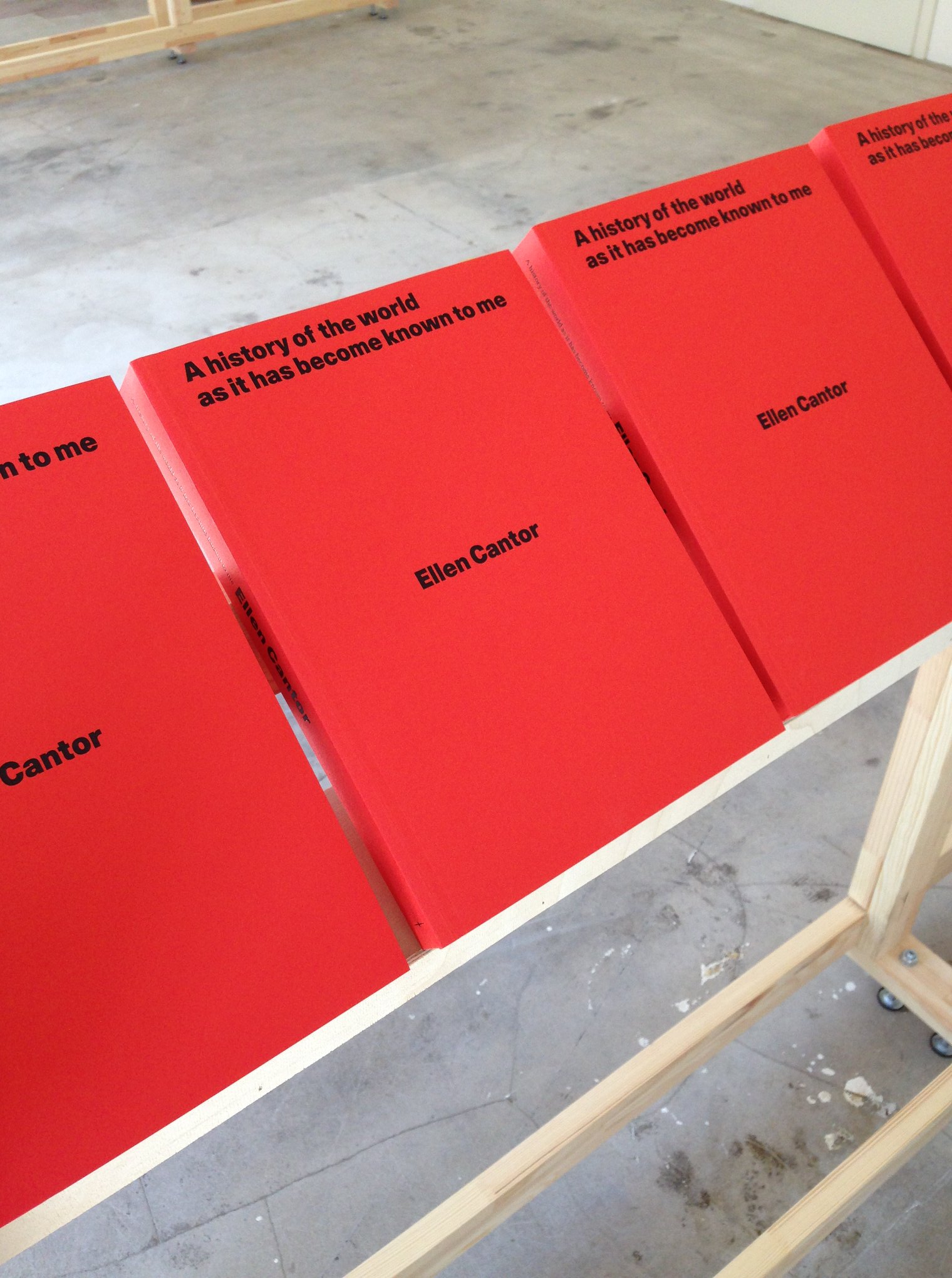
A history of the world as it has become known to me is concerned with, and a document of Ellen Cantor’s work through the lens of Pinochet Porn (2008–16) and its making – an epic experimental film embodying, and radically extending her multifaceted artistic practice. Taking the form of an episodic narrative about five children growing up under the regime of General Augusto Pinochet in Chile, and shot between her dual hometowns of London and New York, history is observed through Cantor’s fictive speculations on private experience within a totalising political order. A history of the world as it has become known to me brings together writings and archival materials of Cantor including a reproduction in full of her drawing-based script Circus Lives from Hell (2004), alongside contributions by writers, artists, collaborators and friends reflecting on Cantor’s practice, Pinochet Porn and a singularly transgressive vision: explicitly feminist, remorselessly emotional, dramatic in tone, and, as Cantor herself liked to put it, adult in subject matter.
Price: 26 EUR , to order the book, please email info@kuenstlerhaus.de
Editors: Lia Gangitano, Fatima Hellberg and Jamie Stevens
Contributors: Dodie Bellamy, Jonathan Berger, John Brattin, Ellen Cantor, Lia Gangitano, Cy Gavin, Jospeh Grigely, Clara López Menéndez and John Maybury.
Publisher: Sternberg Press, Künstlerhaus Stuttgart, CCA Wattis Institute for Contemporary Arts and Participant Inc.
Design: Pedro Cid Proença
Copyediting: Ben Caton
Translation: Robert Schlicht
Copyediting, German: Gitte Lindmaier
Karl Holmqvist, artist, poet and friend of Cantor will be reading HOTEL KALIFORNIA, a piece of special importance and connection – “Give it more heart and more nuance…”
The full launch programme includes upcoming events at Participant Inc, New York and Galerie Isabella Bortolozzi, Berlin.
Photography: Frank Kleinbach
Realised with the support of the German Federal Cultural Foundation, the City of Stuttgart, Wüstenrot Foundation, the Ministry of Science, Research and the Arts, Baden-Württemberg (MWK), and Valeria Napoleone.
.
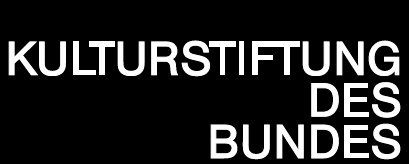

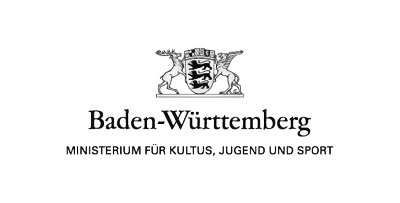

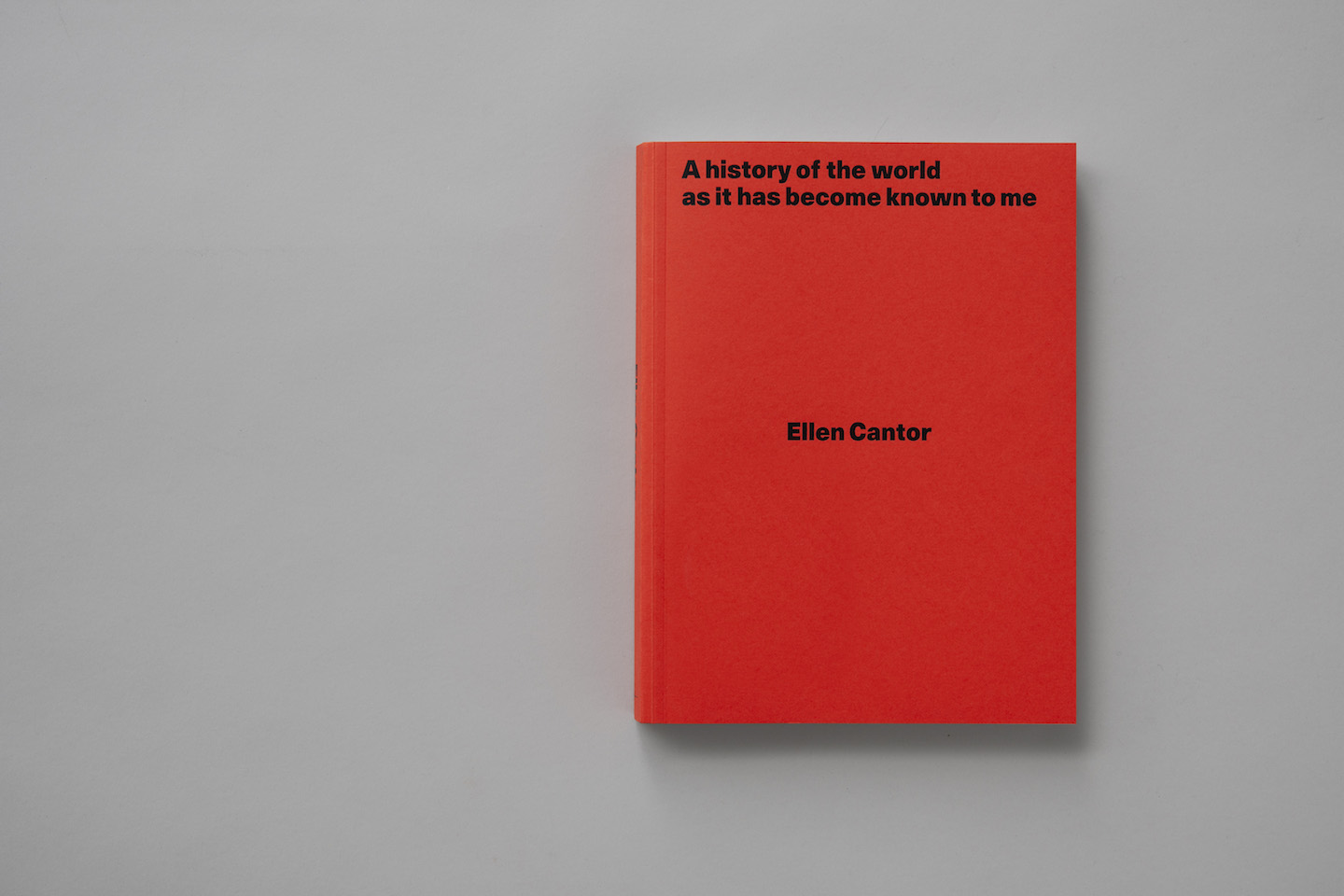
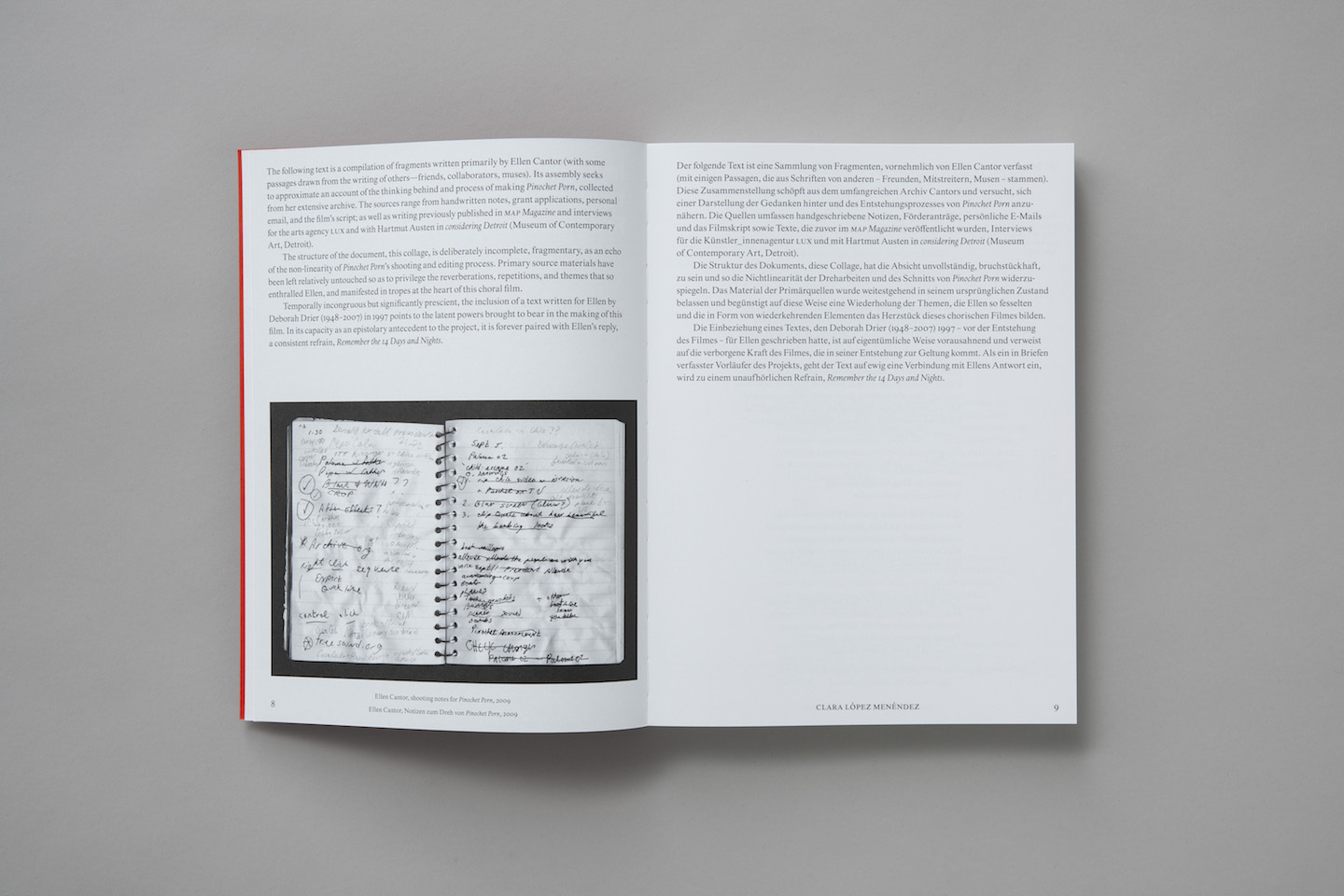

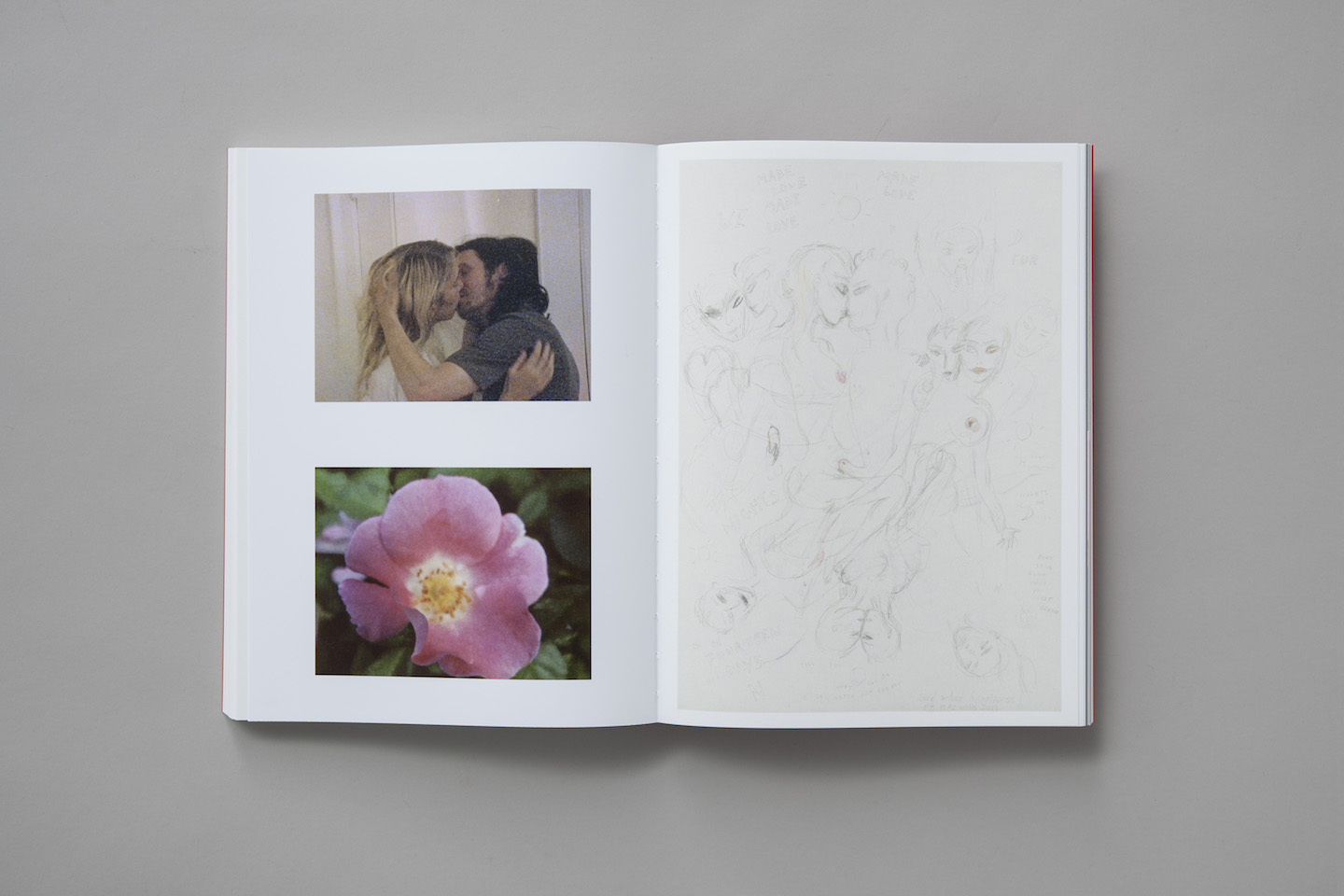
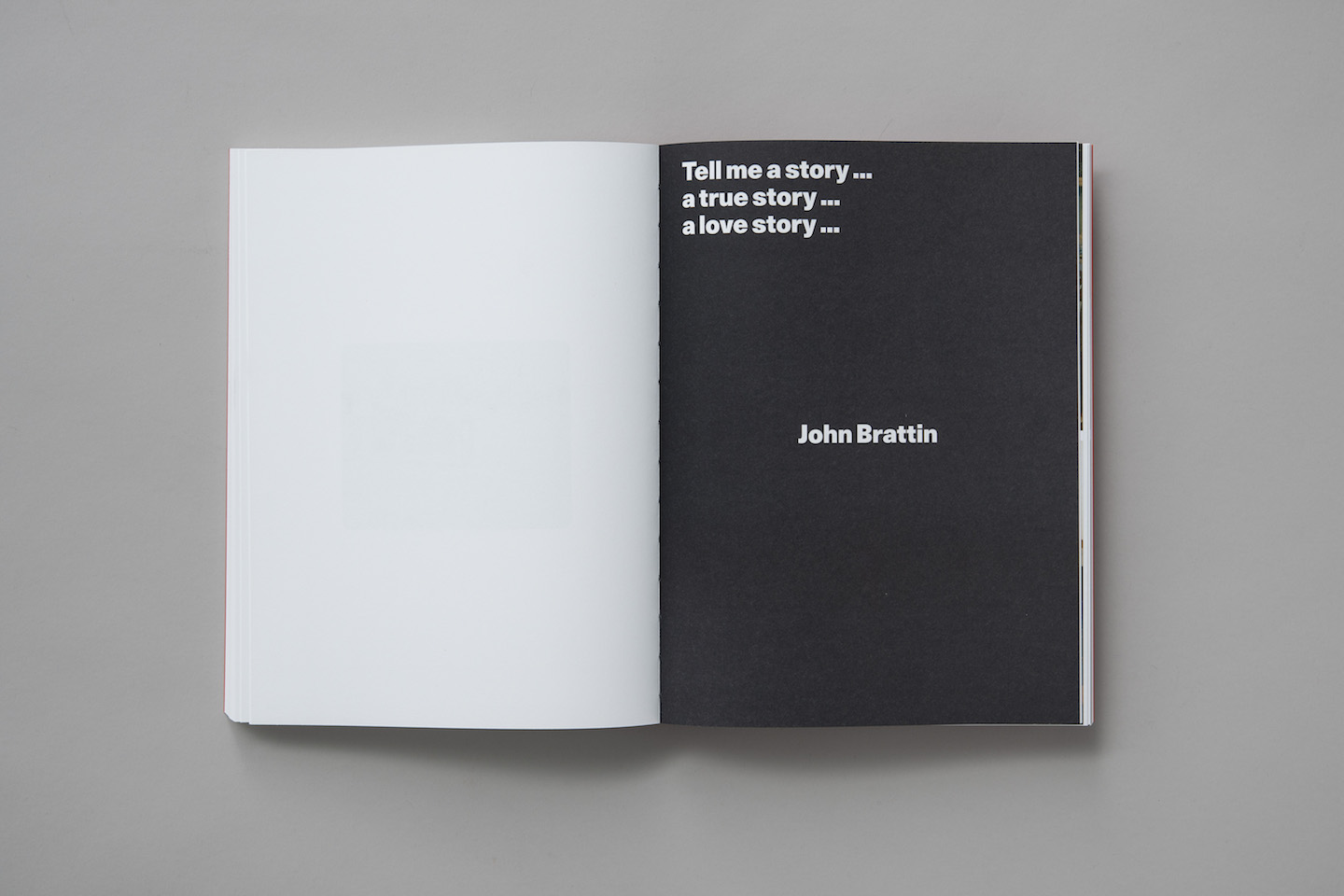
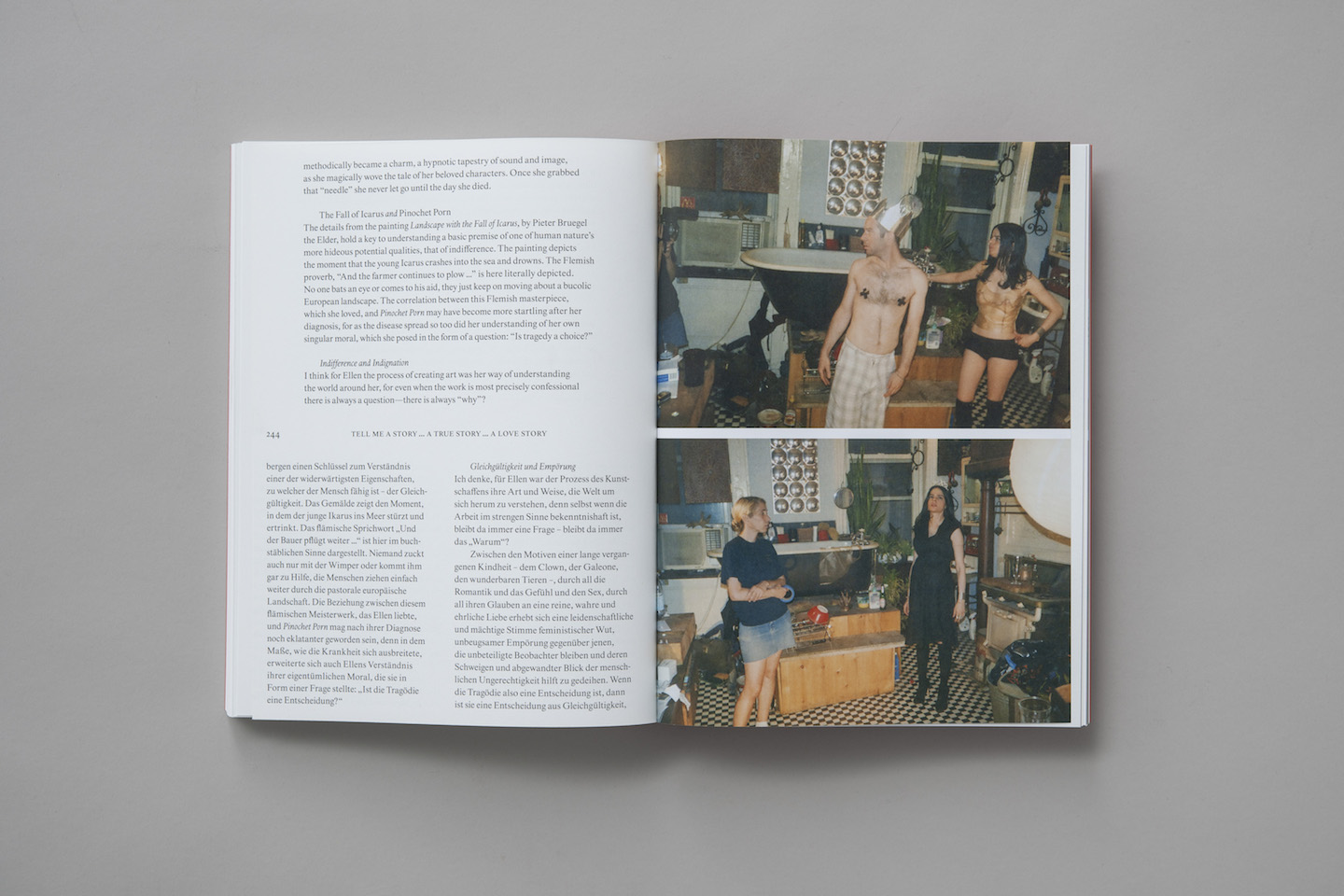

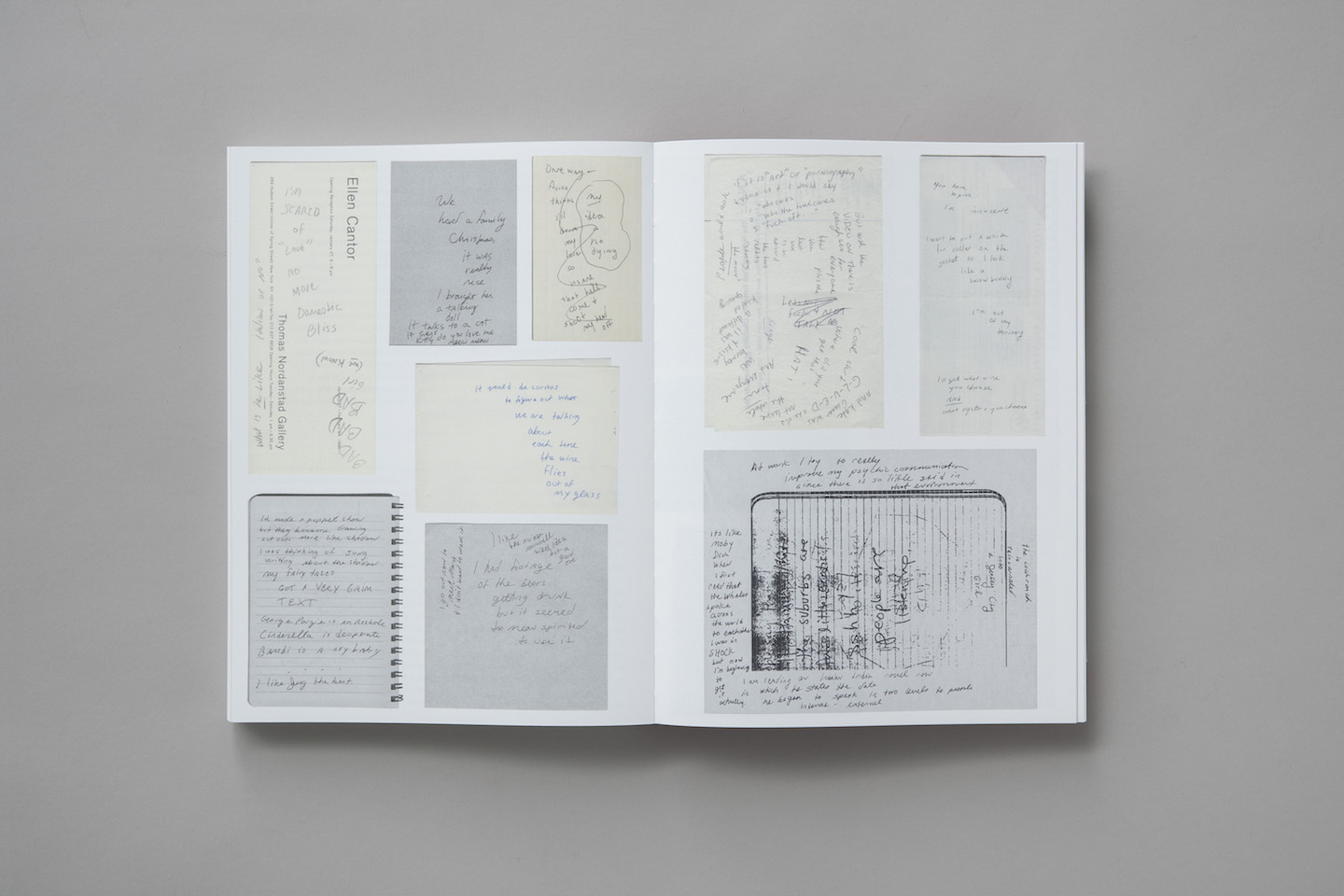
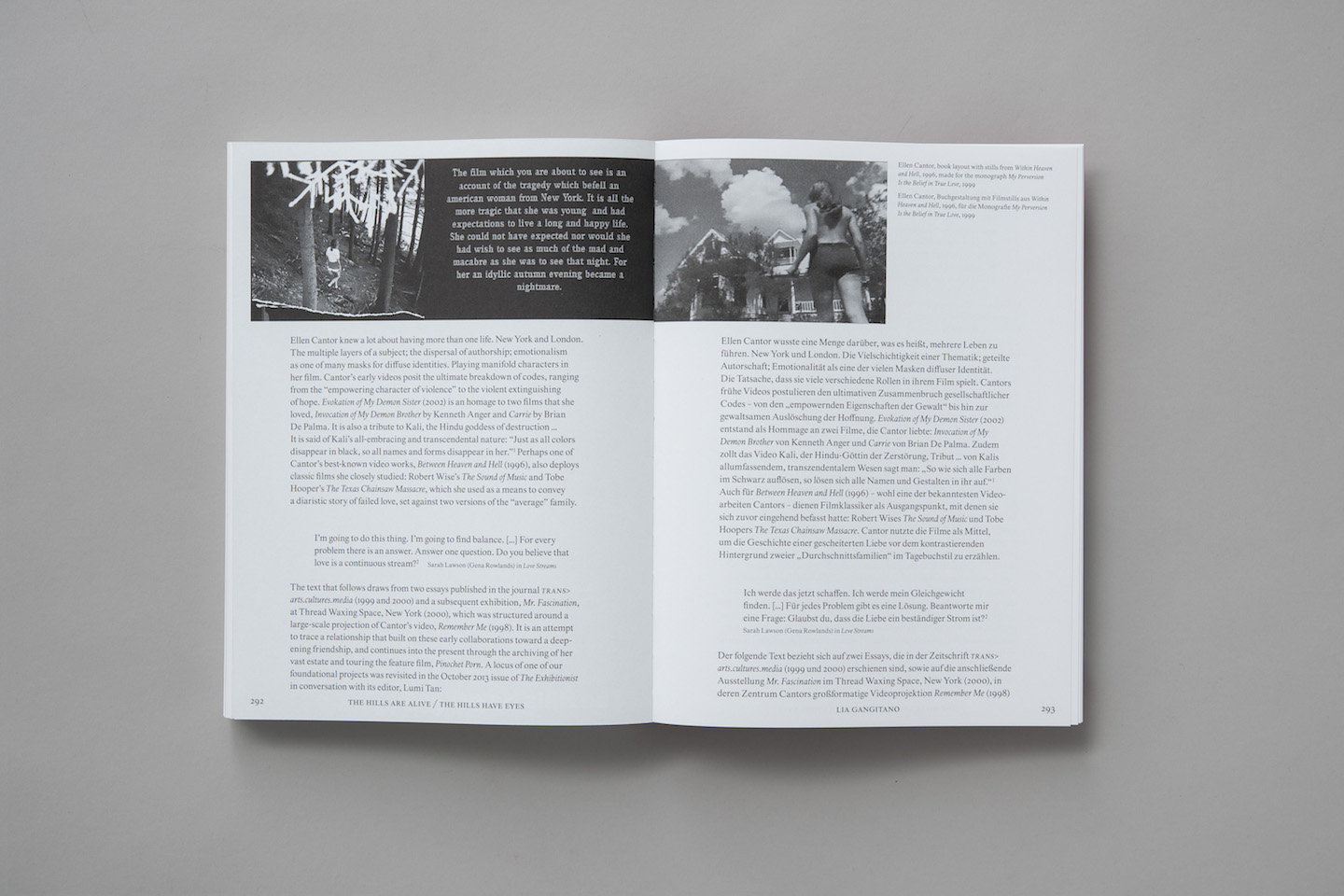

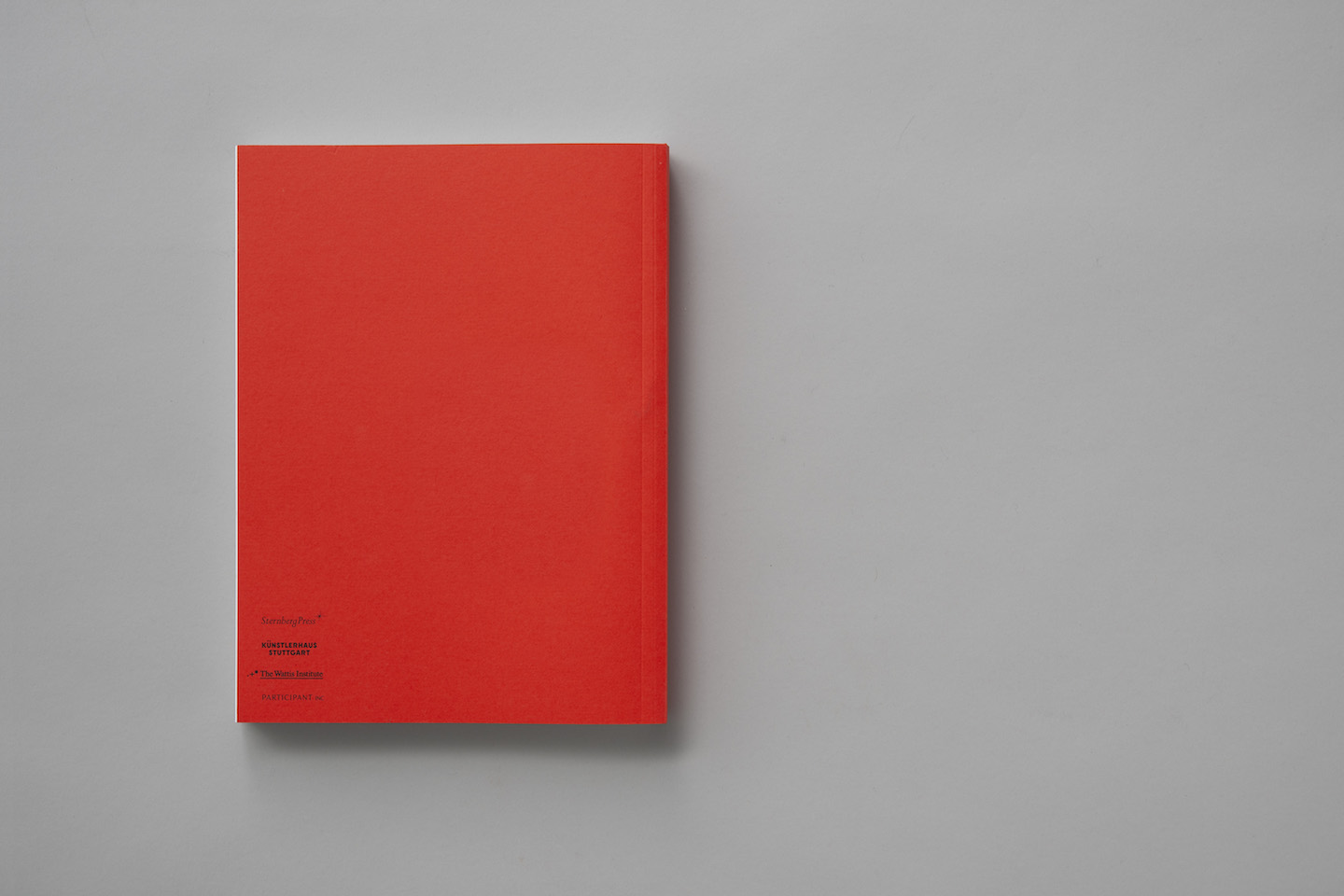
An outdoor screening, marking the end of Christian Flamm’s exhibition Künstlerhaus Stuttgart and Mike Sperlinger’s film programme The End of Selling Out.
As two parallel strands of a project, Flamm’s exhibition and Mike Sperlinger’s film programme loop back to a historical conflict in cultural production. That is, to subversion and techniques of disappointment – strategies and attitudes with a particular set of histories, remainders, and subsumptions. These shifts in the moral grounds of artistic production were conjured up in Künstlerhaus Stuttgart through a combination of second thoughts, paintings from memory and a programme of moving image presented in three chapters – The Target Shoots First, The Future of Exploitation and Can Artists Sell Out?. The final get together lifts out two films from the programme, both engaging with questions of survivalism, inner necessity and aspiration by Oliver Payne/Nick Relph and Jay Chung/Q Takeki Maeda.#
House and Garage
by Oliver Payne and Nick Relph, 2000, 40 min
The Sixth Year (part 3)
by Jay Chung and Q Takeki Maeda, 2013, 12 min
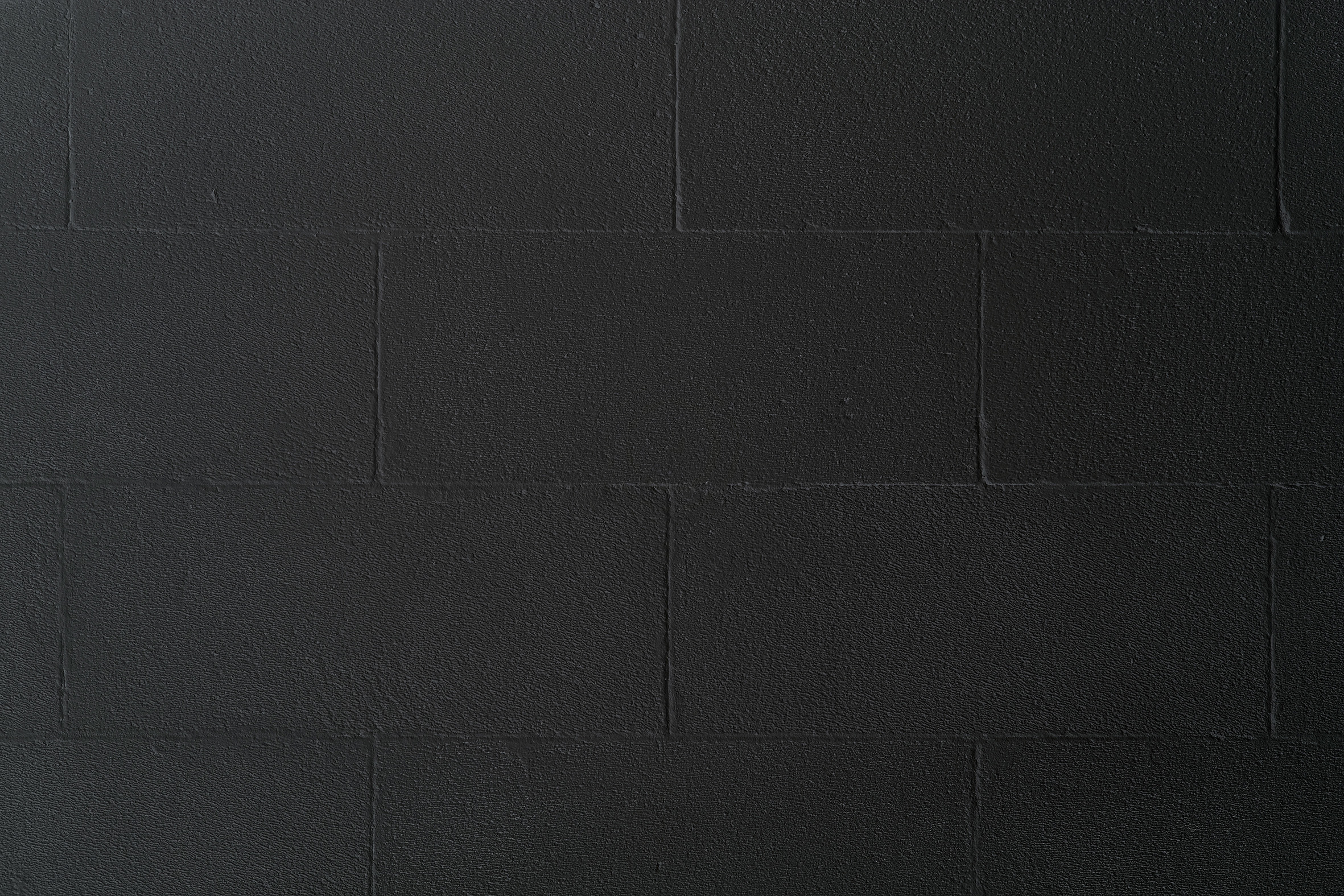
„Man gewöhnt sich an einiges.“
Künstlerhaus Stuttgart is Christian Flamm’s first project dealing solely in sculpture. It brings the artist’s core interests to the fore, which are attitude and composition. This work is informed by personal recollections and based on collective memory; the past is brought into the present, until the latter becomes part of the former, eventually.
The exhibition is accompanied by The End of Selling Out, a specifically conceived screening programme, curated by Mike Sperlinger.
The End of Selling Out
Opening event: 23 February, 8pm
A screening of films by Paul Kelly, including the European premiere of Take Three Girls (The Dolly Mixture Story). Followed by a conversation between Sperlinger and Kelly.
Cinema looping programme – part 1: The Target Shoots First
24 February – 11 March, Wednesday to Sunday from 12-6pm
Debt Begins At 20
Stephanie Beroes, 1980, 40 mins
Grassroots documentary on the Pittsburgh punk scene.
The Target Shoots First
Chris Wilcha, 2000, 72 mins
Video diary of philosophy grad working at mail order record company, becoming involved in their attempts to market Nirvana and other grunge bands to their catalogue customers.
Interspersed with compilation of ads made from tracks on Moby’s Play album.
Cinema looping programme – part 2: The Future of Exploitation
12 March – 29 March, Wednesday to Sunday from 12-6pm
Dig!
Ondi Timoner, 2004, 100 mins
Parallel portrait of The Brian Jonestown Massacre and The Dandy Warhols in pursuit of fame.
What is a Group?
Ian Svenonius, 2016, 30 mins
‘The first Sci-Fi Documentary Rock ‘n’ Roll Exploitation Film.’
Interspersed with selected adverts:
John Lydon – Country Life
Bob Dylan – Chrysler
Robyn – Volve Drive-E
Cinema looping programme – part 3: Can Artists Sell Out?
30 March – 15 April, Wednesday to Sunday from 12-6pm
Arena Brains
Robert Longo, 1987, 35 mins
Satire of 80s New York artworld, including Ray Liotta as a money-mad artist.
Lukas & Hoffmann zu Gast bei der Künstlergruppe Schleifschnecke
Cosima von Bonin, featuring Nicolaus Schafhausen and Markus Schneider, 1994, 60 mins
Oliver Payne and Nick Relph, 2000, 25 mins
Two young artists, still at art school, try to connect pop music, youth culture, art and commodification.
The Sixth Year
Jay Chung and Q Takeki Maeda, 2013, 65 mins
Satirical online TV series about the art world.
Interspersed with extracts from Argument by Anthony McCall & Andrew Tyndall, 1978
Several short sections from the film with a blank screen in which a droning voiceover complains about the difficulty of combining a radical art practice with a corporate day job.
Realised with the support of the Stiftung der Landesbank-Baden-Württemberg, Hugo Boss and PhotoFabrics.
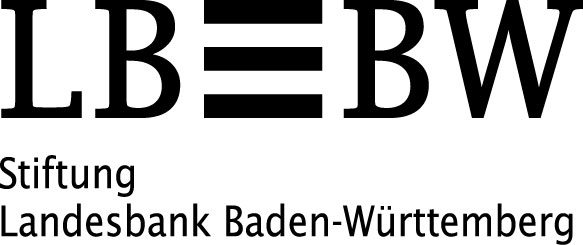
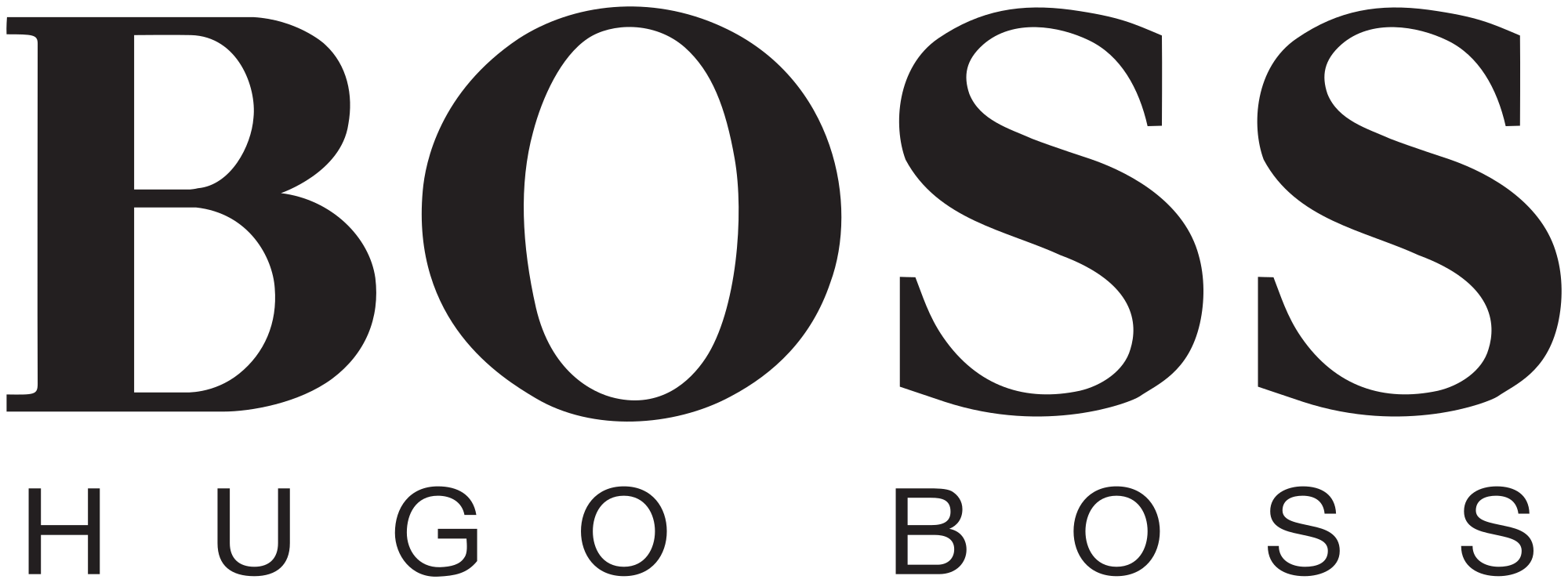


















L. Cohen (2017, 48 mins) is a screening and conversation with James Benning in the Künstlerhaus Kino. On the evening, Benning talks on some of his works and core attitudes, including qualities of paying attention, being attuned and patient, heeding your own senses; honing them and heightening them. And the act of noticing how thoughts, memories, expectations, presumptions and self-distractions come teeming in.

Spring Bloom in the Marginal Ice Zone is a concert by Jana Winderen, marking the launch of the final publication of Techne, with contributions by Judith Engel, Lina Lenzmann and Boris Ondreička.
Techne is a collaboration between Künstlerhaus Stuttgart and Theater Rampe, realised with the support of Kulturstiftung des Bundes and the Ministry of Science, Research and the Arts, Baden-Württemberg (MWK).

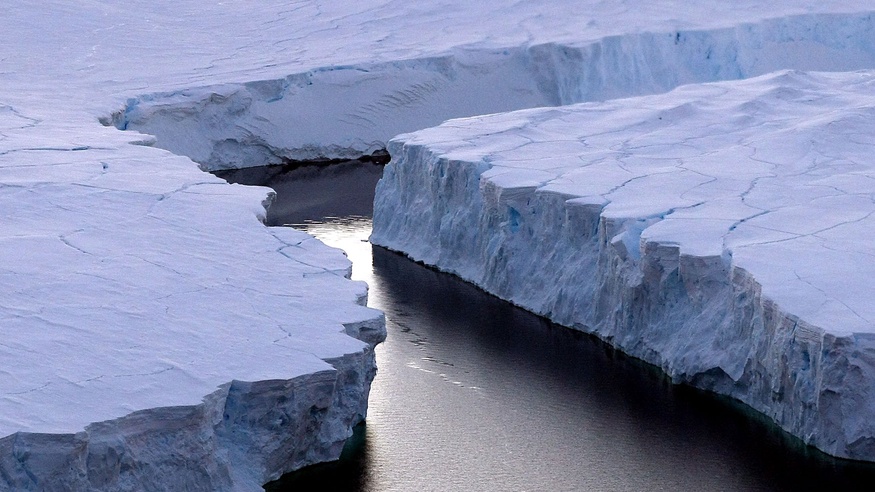
One Rotation of This Light is a programme of screenings in the part cinema, part sculpture, This Light by Andrew Norman Wilson. The first screening, Raumdunkel, selected by Fatima Hellberg and Johanna Markert brings together:
Degrees of Blindness by Cerith Wyn Evans
19 min ● SD Video ● Colour ● Sound ● 1988
Far Out by Peter Wächtler
4 min 24 sec ● HD Video ● Colour ● Sound ● 2016
All Smiles and Sadness by Anne McGuire
7 min ● SD Video ● B/W ● Sound ● 1999
Vögel sterben by Janis Eckhardt
3 min 27 sec ● HD Video ● Colour ● Sound ● 2017
Kim Wilde Auditions by Cerith Wyn Evans
5 min ● SD Video ● Colour ● Sound ● 1995
One Rotation of This Light continues in three cycles, extending over the evening, night and following day, organised and programmed in collaboration with Katharina Jabs and her film seminar at the Academy of Fine Arts, Stuttgart. Over the course of the 24 hours, work will be screened by artists and filmmakers including Cyprien Gaillard, Lucile Hadžihalilović, Brigid McCaffrey and Aleksei Yuryevich German, as well as found footage and stock material, selected from the This Light playlists.
For more information and the full programme, please visit thislight.org.
One Rotation of This Light is part of an ongoing series of events within Techne and the Decency of Means, an exhibition and collaboration between Künstlerhaus Stuttgart and Theater Rampe. The project is realised with the support of Kulturstiftung des Bundes and the Ministry of Science, Research and the Arts, Baden-Württemberg (MWK).

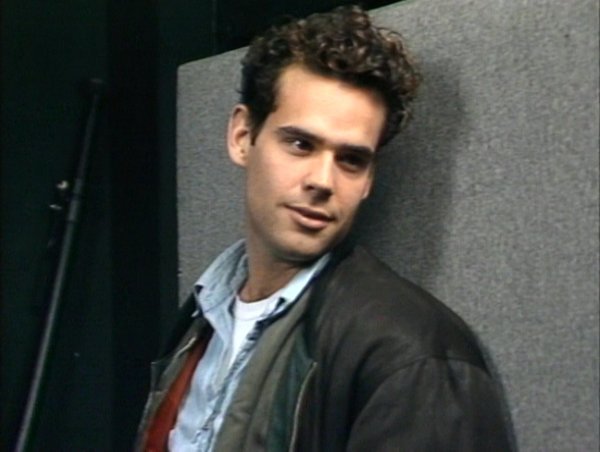
A concert by Hans-Joachim Irmler from FAUST.
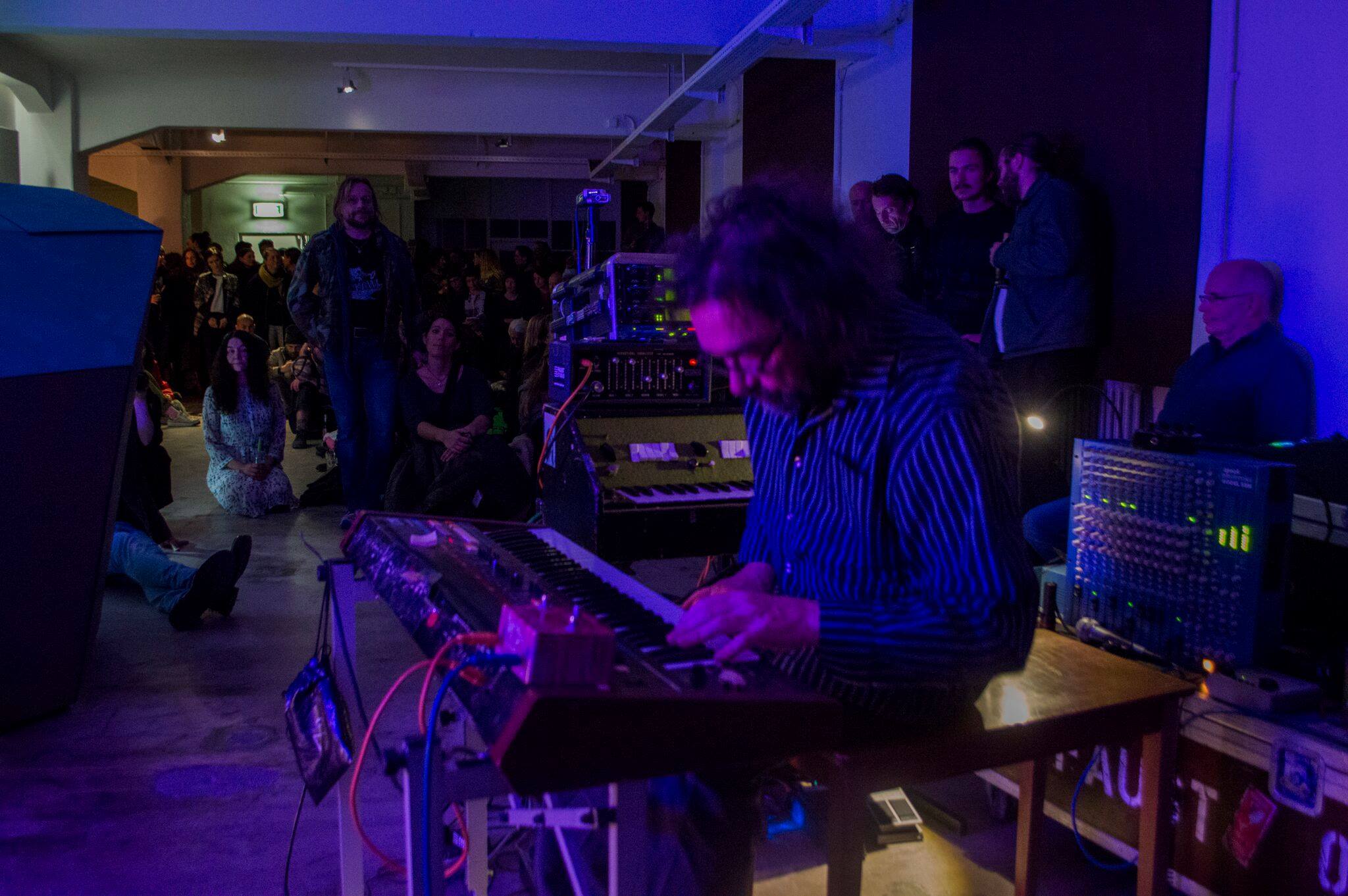
A conversation reflecting on production from perspectives of means, survivalism and energy with Bonnie Camplin.
Alongside selected moving image work including:
Get Me A Mirror, 2006, 5′ 58”
Cancer, 2004, 4′ 39”
Terrazzo, 2008, 3′ 12”
Special Afflictions by Roy Harryhozen, 2006, 5′
Colonial Fanny, 2007, 1′ 33”
“A” (Like Akarova), 2006, 3′
Good Health, 2003, 2′ 50”
This screening and conversation is part of an ongoing series of events within Techne and the Decency of Means, an exhibition and collaboration between Künstlerhaus Stuttgart and Theater Rampe. The project is realised with the support of Kulturstiftung des Bundes and the Ministry of Science, Research and the Arts, Baden-Württemberg (MWK) as well as SV SparkassenVersicherung, pbb Stiftung Deutsche Pfandbriefbank, Hypo Kulturstiftung, Ritter Sport and ifa (Institut für Auslandsbeziehungen), Regierungspräsidium, Bezirksbeirat West and Bürgerstiftung Stuttgart.
Techne and the Decency of Means is curated by Fatima Hellberg and Johanna Markert (Künstlerhaus Stuttgart) with Marie Bues and Martina Grohmann (Theater Rampe). The title is a homage to poet, writer and filmmaker Stefan Themerson for whom the decency of means was the “aim of aims.”

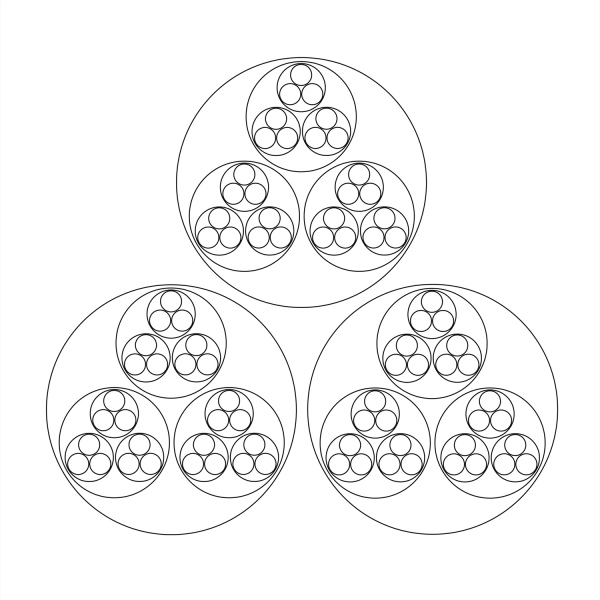
“This sculpture and screening space proposes a free cinema, emerging out of a desire to make private viewing habits public. The cinema goes by the name This Light.”
As public space is rapidly moving into private property, and attention into the monetised distraction of streaming in solitude, this cinema activates viewing possibilities offered through networked technology. It opens up a subjective and meandering streaming of continuous content to a collective and public viewing experience.
The space is conceived and programmed with events and daily playlists by Andrew Norman Wilson and invited associates, as part of the exhibition Techne and the Decency of Means.
For the full programme and daily playlists, please visit: thislight.org
Techne and the Decency of Means and its associated events are realised with the support of Kulturstiftung des Bundes and the Ministry of Science, Research and the Arts, Baden-Württemberg (MWK) as well as SV SparkassenVersicherung, pbb Stiftung Deutsche Pfandbriefbank, Hypo Kulturstiftung, Ritter Sport and ifa (Institut für Auslandsbeziehungen), Regierungspräsidium, Bezirksbeirat West and Bürgerstiftung Stuttgart.

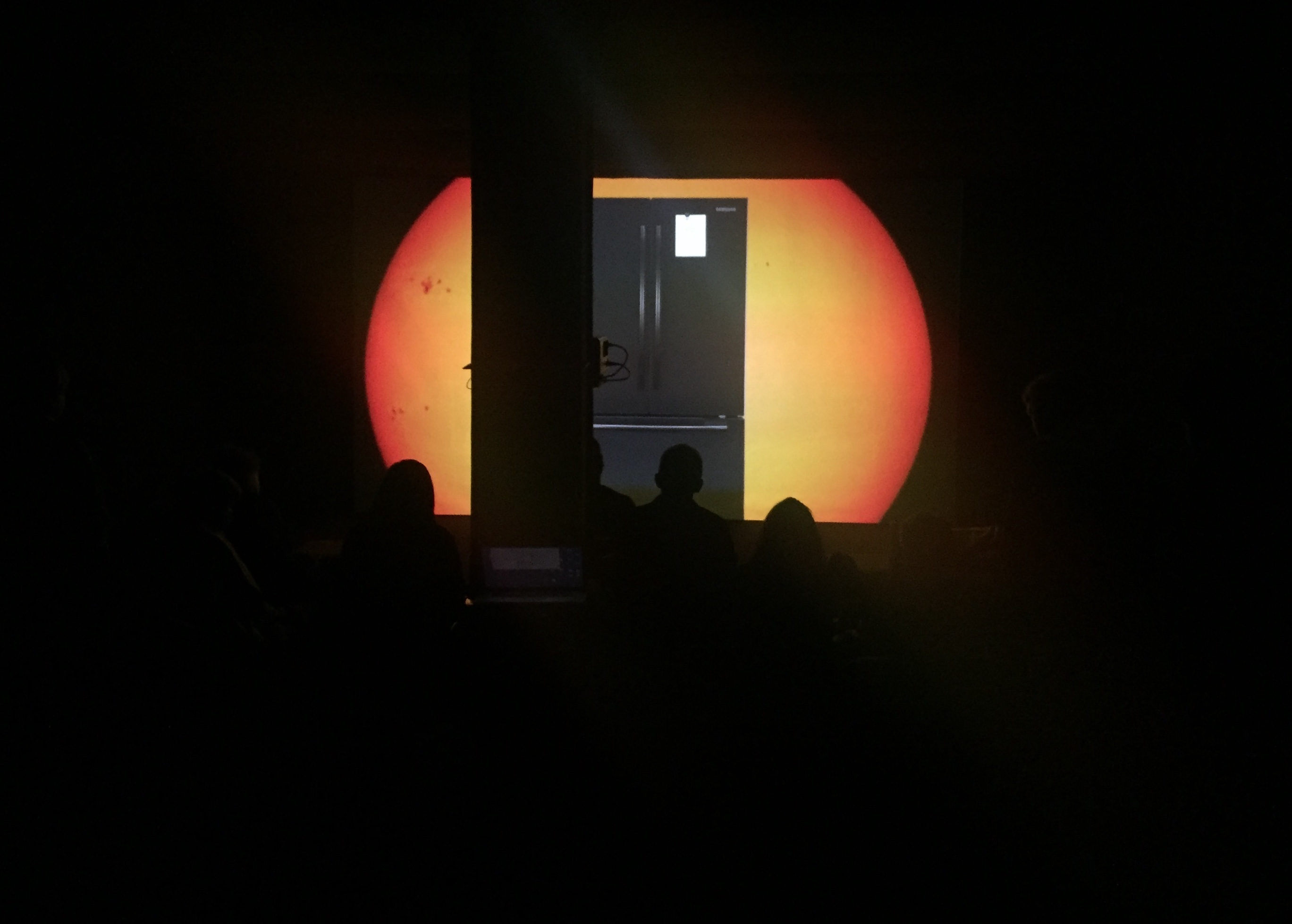
Techne and the Decency of Means extends from a long-running collaboration and production platform conceived by Künstlerhaus Stuttgart and Theater Rampe. The project, which has developed and formulated itself through newly realised works by artists working across exhibition space and stage, draws on the ancient Greek understanding of ‘téchne’ as a methodology and attitude.
In its original classical usage, techne is a looping term, a description of making understood as material and functional, as well as immaterial and uncontainable. It is a term proposing a unity and interdependence of two forms of knowledge – theoretical and practical, without internal separation or hierarchy.
Many of the works in Techne and the Decency of Means inhabit multiple and simultaneously held roles and functions. From Andrew Norman Wilson’s This Light, operating as a sculpture, a cinema and a prototype, to Ulrich Bernhardt’s part-oven, part-sculpture and performance, Die Schrecklich Gute Mutter. These multi-form works are realised as settings, environments that are stepped into, a quality extending to the sculpture park and events space of Annabella Spielmannleitner and Benjamin Köder’s Setting Sculpture.
The video works, performances and structures in this exhibition have shared the production platform which is Techne, a framework focused on the conditions and movements between intention and material. What recurs in the works developed, is a curiosity and commitment to a process of thinking through materials, and of arriving at an understanding of form-content that involves an active attention to what making as a process reveals. This question of following both an original intention, but also attuning to the ways in which a technology or materiality shapes processes back, involves a reflection on conditions of alienation.
The ancient notion of techne is no longer in active use. And yet, this process has been one of staying put, for a longer period of time and through the realisation of multiple projects, with a term that oscillates, loops and negotiates between what is and what isn’t (yet). This exhibition is one point in these conversations, exchanges and productions, a process of introducing techne to doubt, ecological dread, and alienation, as well as to the pleasure and delight of bringing something into being.
This exhibition and its associated events are realised with the support of Kulturstiftung des Bundes and the Ministry of Science, Research and the Arts, Baden-Württemberg (MWK) as well as SV SparkassenVersicherung, pbb Stiftung Deutsche Pfandbriefbank, Hypo Kulturstiftung, Ritter Sport and ifa (Institut für Auslandsbeziehungen), Regierungspräsidium, Bezirksbeirat West and Bürgerstiftung Stuttgart.
Techne and the Decency of Means is curated by Fatima Hellberg and Johanna Markert (Künstlerhaus Stuttgart) with Marie Bues and Martina Grohmann (Theater Rampe). The title is a homage to poet, writer and filmmaker Stefan Themerson for whom the decency of means was the “aim of aims.”

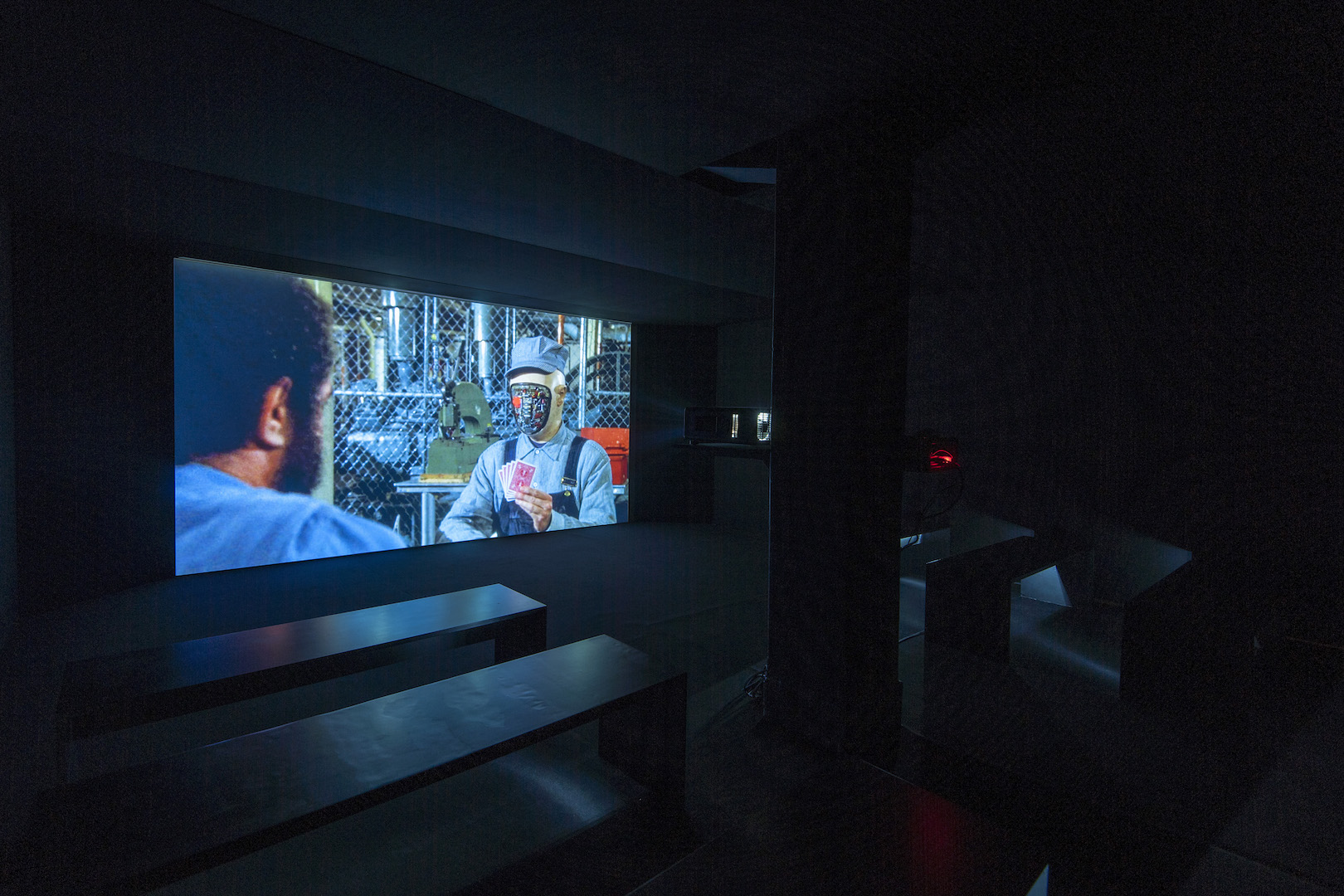
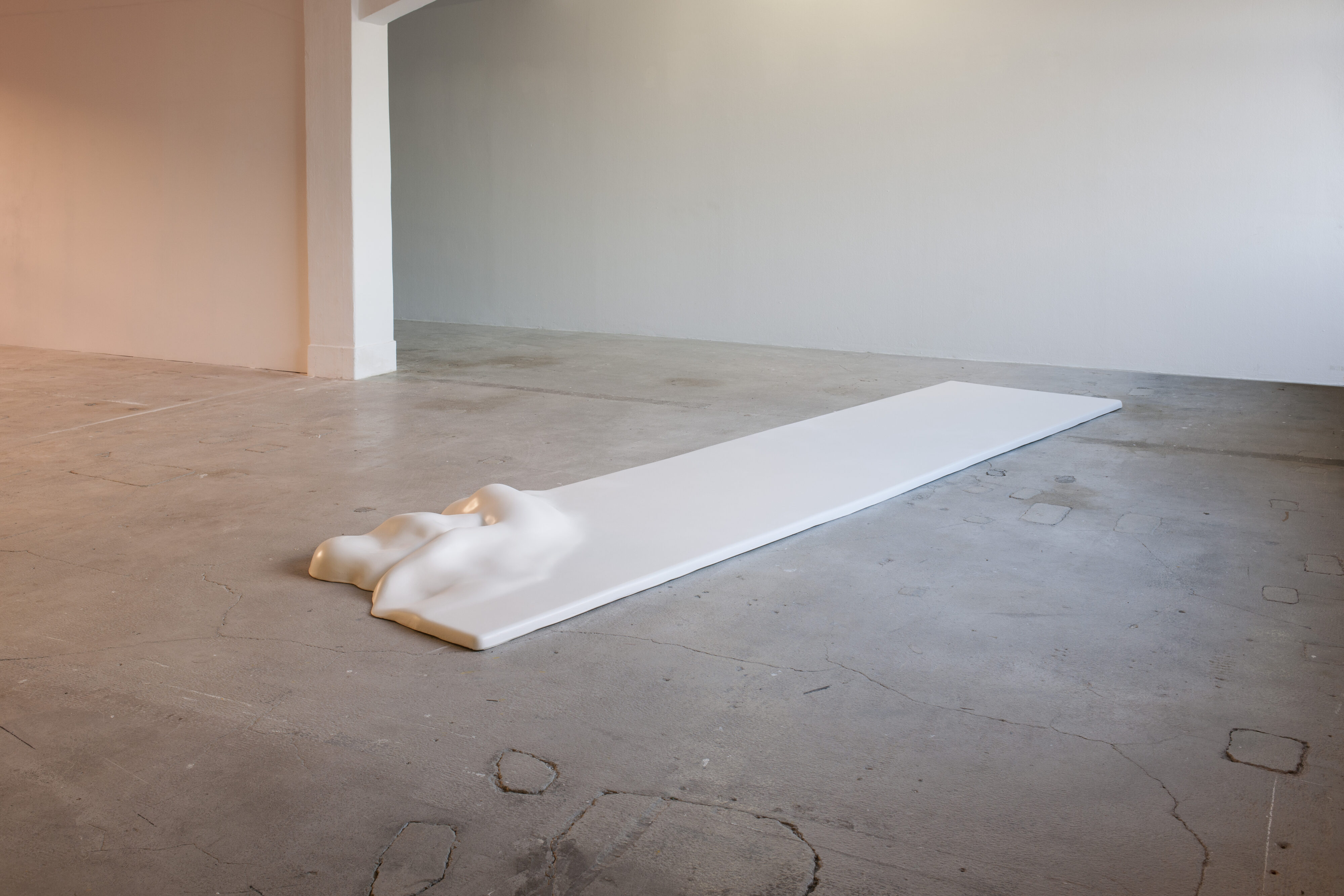
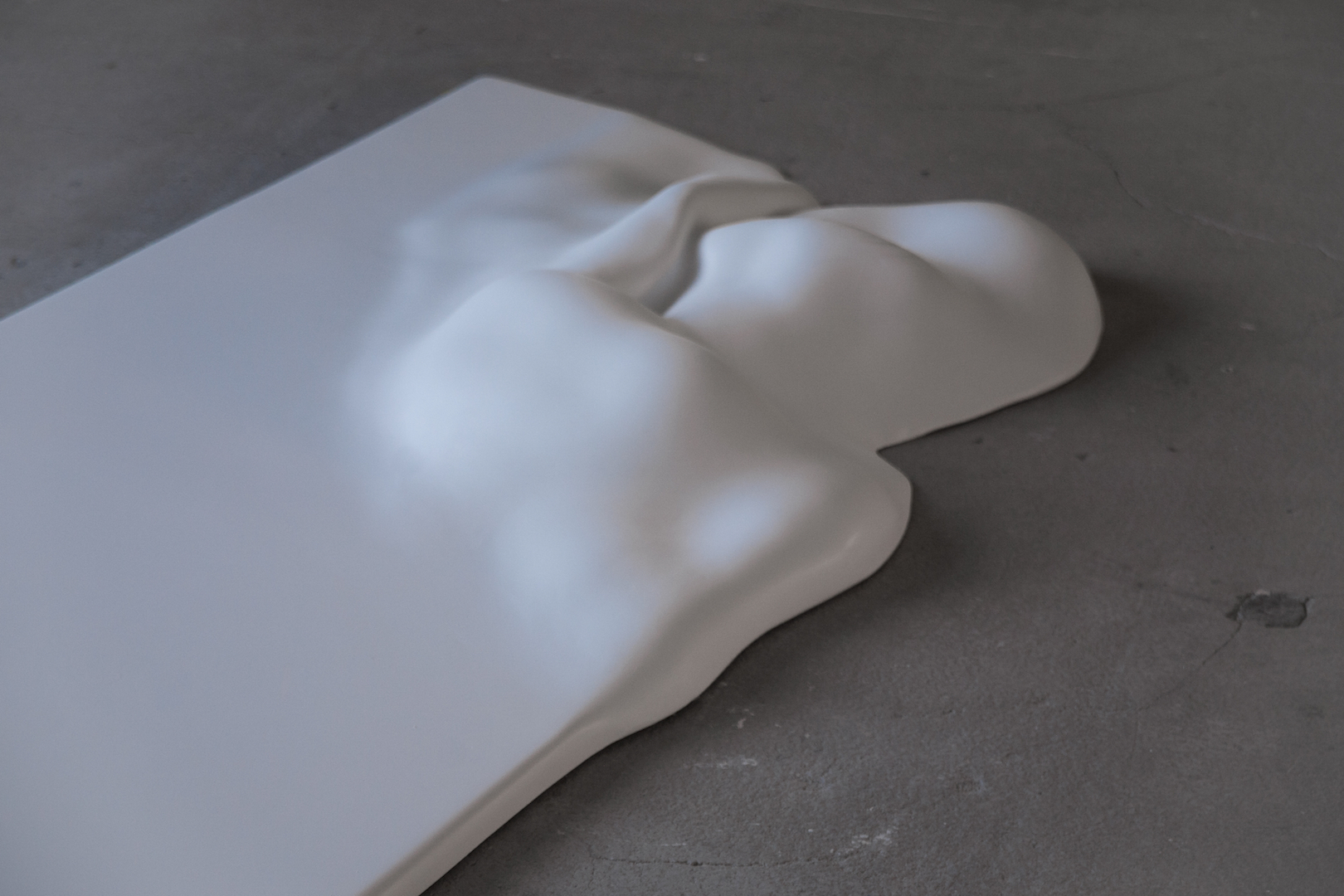

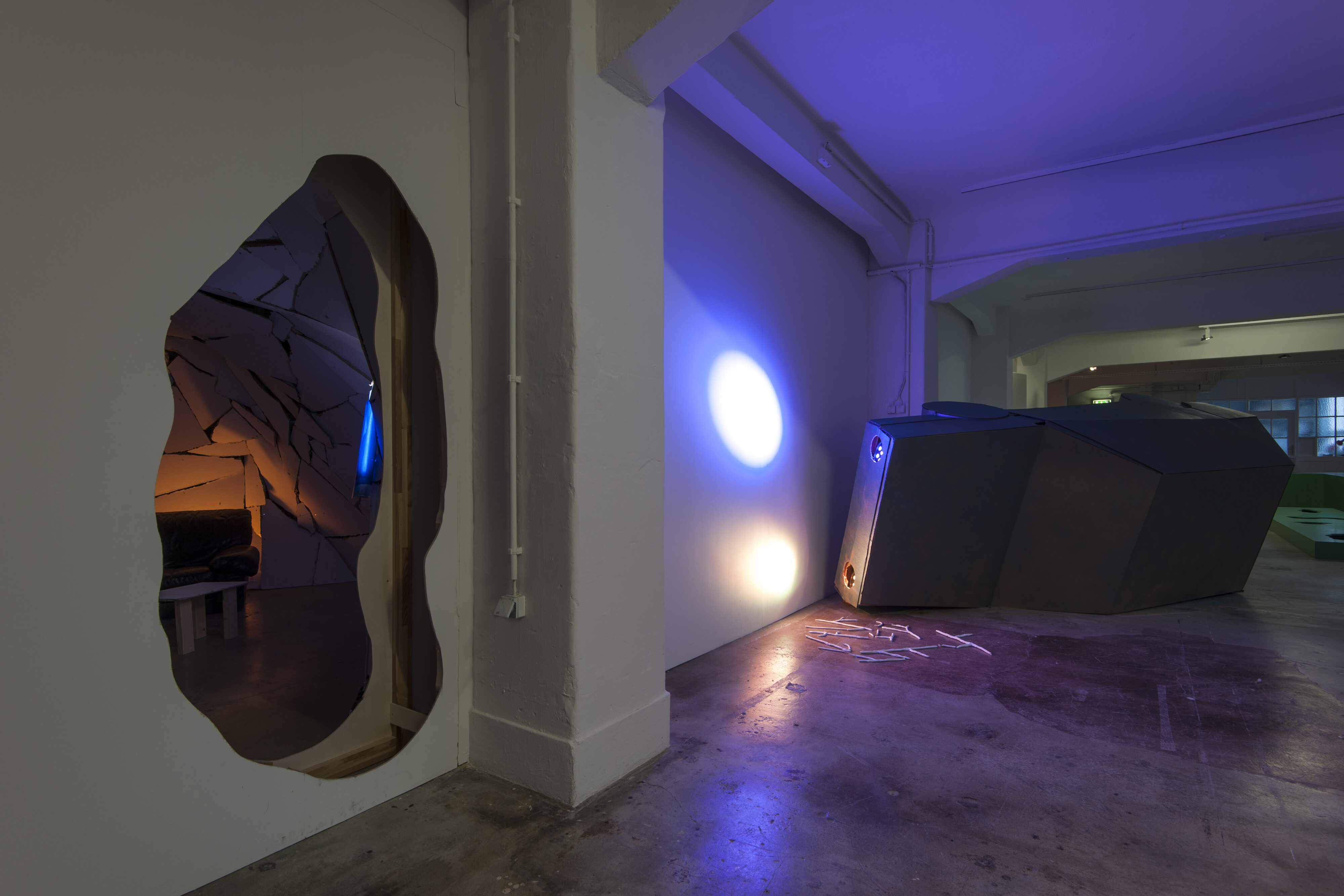

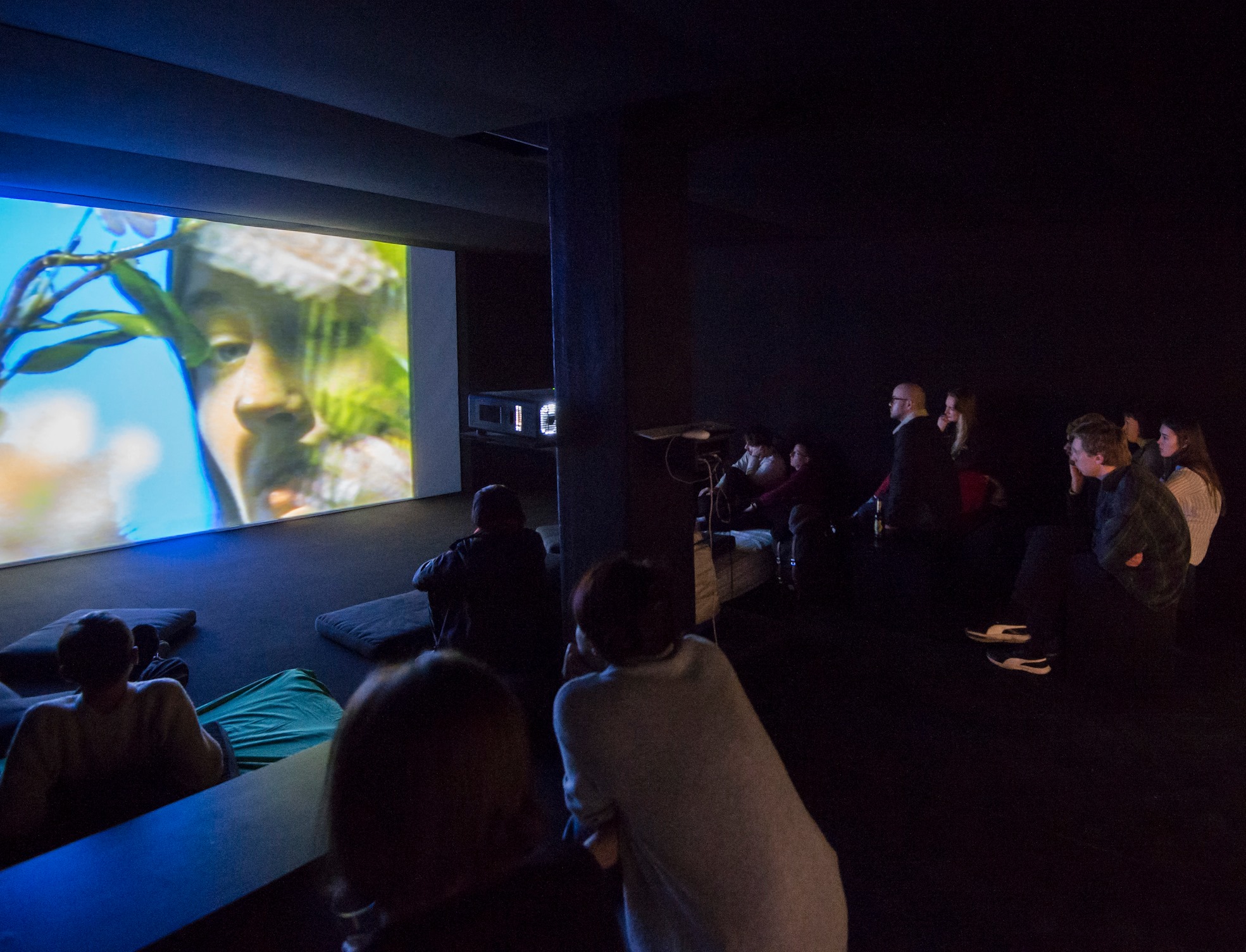

A performance on writing as remedy and poison, the dark sciences and the ambivalence between mimetics and creativity.

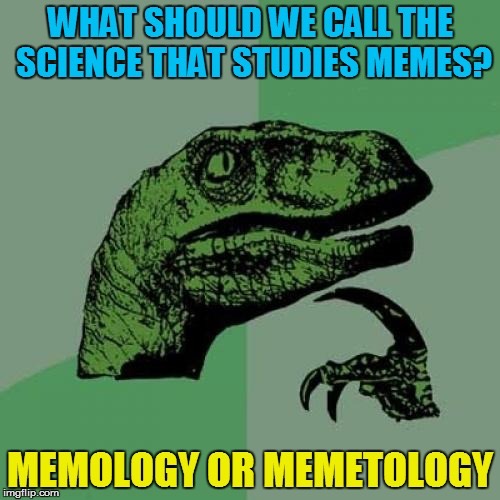
An afternoon of films by Hildegarde Duane and the closing event of her exhibition, Western Woman at Künstlerhaus Stuttgart.
Hildegarde Duane, The Shape of the Universe, 1983, 1 min 57 sec
Hildegarde Duane and David Lamelas, Smart People, 1991, 10 min
Hildegarde Duane, Blind Drink, 1982, 1 min 10 sec
Hildegarde Duane, Perfect Couple, 1982, 8 min 30 sec
Hildegarde Duane and David Lamelas, Scheherazade, 1980, 24 min
The screening is preceded by a tour through the show by Fatima Hellberg at 4pm, and followed by a conversation with Duane.
*Hildegarde Duane and David Lamelas, 1991.
The exhibition and associated events are realised with support of the Ministry of Science, Research and the Arts Baden-Württemberg, Albrecht and Sabrina Hauff, ZKM Karlsruhe, and optiplan. With special thanks to Württembergischer Kunstverein, LUX, and Eidotech.
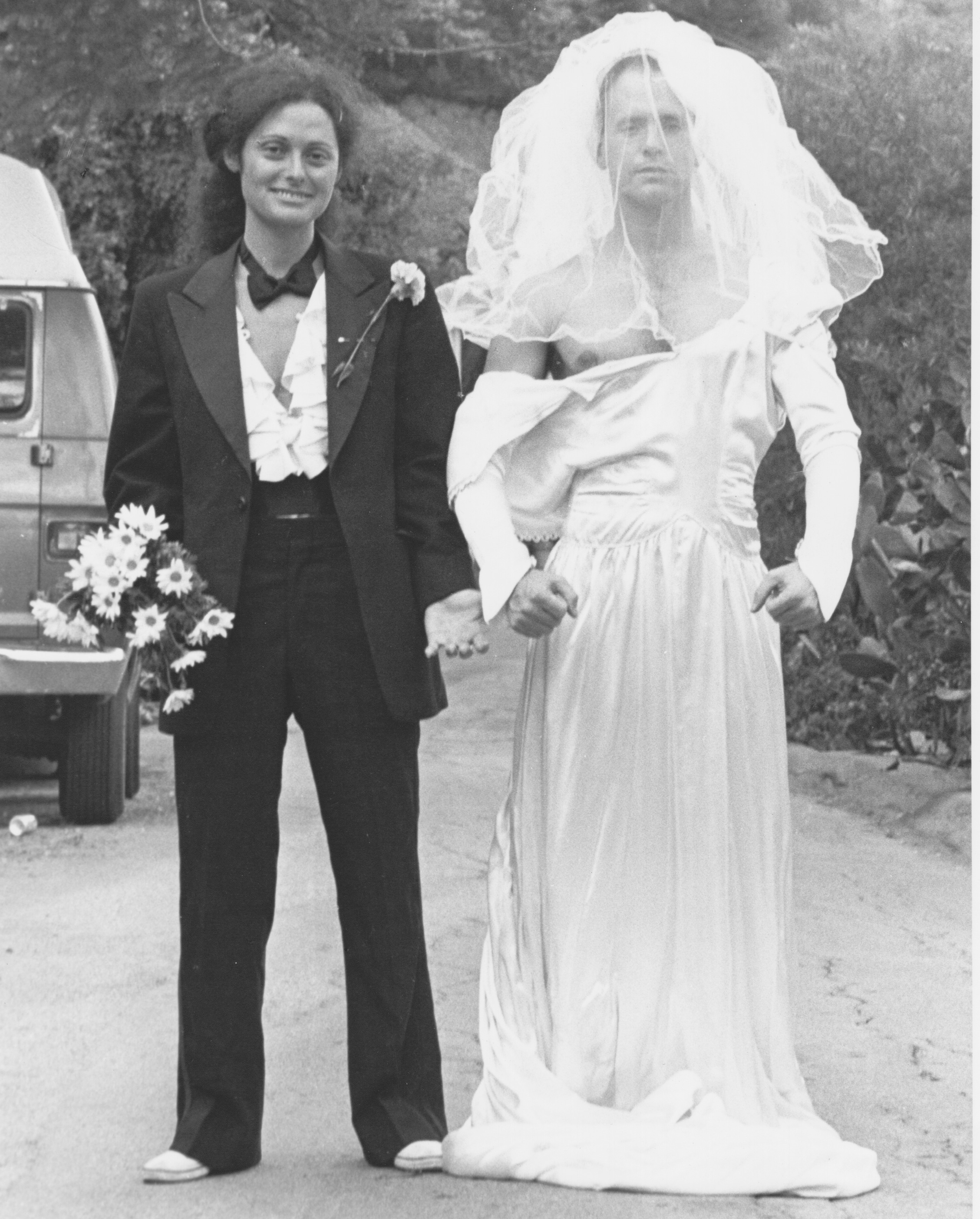
Exhibition at Dold Projects, St. Georgen, Black Forest
Sören Hiob’s works look shocked, offended, disgusted, distant, and traumatised, but always poised and ready. This is a show of new and existing painting and video work.
Realised in collaboration between Künstlerhaus and Dold Projects.

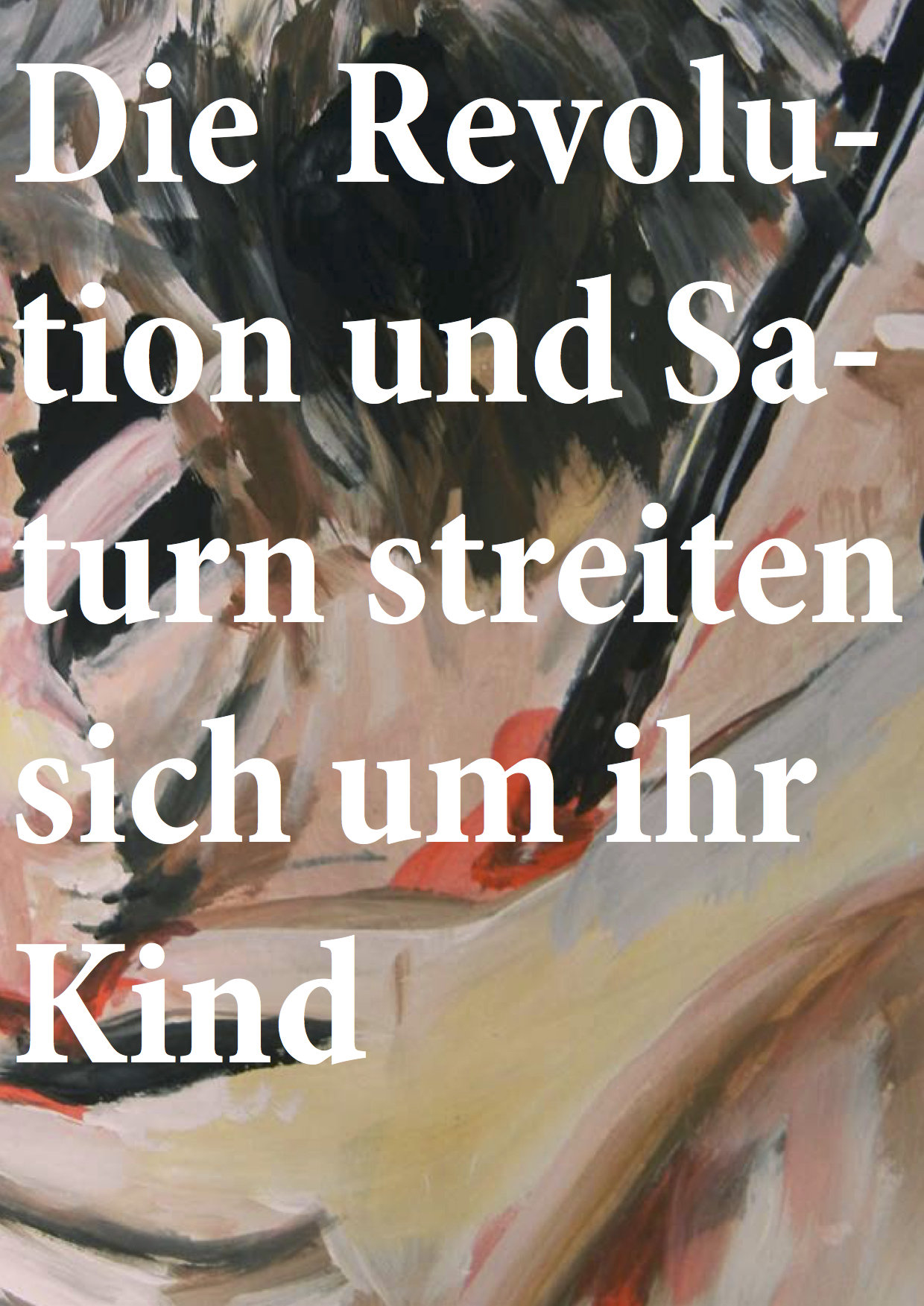
Screening and conversation with Hildegarde Duane, Steven Cairns, and Fatima Hellberg.
Programme
Hildegarde Duane, Pink Slip, 1983, video, 7 min
Hildegarde Duane, Silk, 1977, video, 1 min 15 sec
Hildegarde Duane, East is Red, 1976, video, 26 min
Hildegarde Duane, The Shape of the Universe, 1983, video, 1 min 57 sec
Hildegarde Duane, Blind Drink, 1982, video, 1 min 10 sec
Hildegarde Duane, Freedom, 1988, video, 2 min 20 sec
Realised with support of the Ministry of Science, Research and the Arts Baden-Württemberg, and Albrecht and Sabrina Hauff
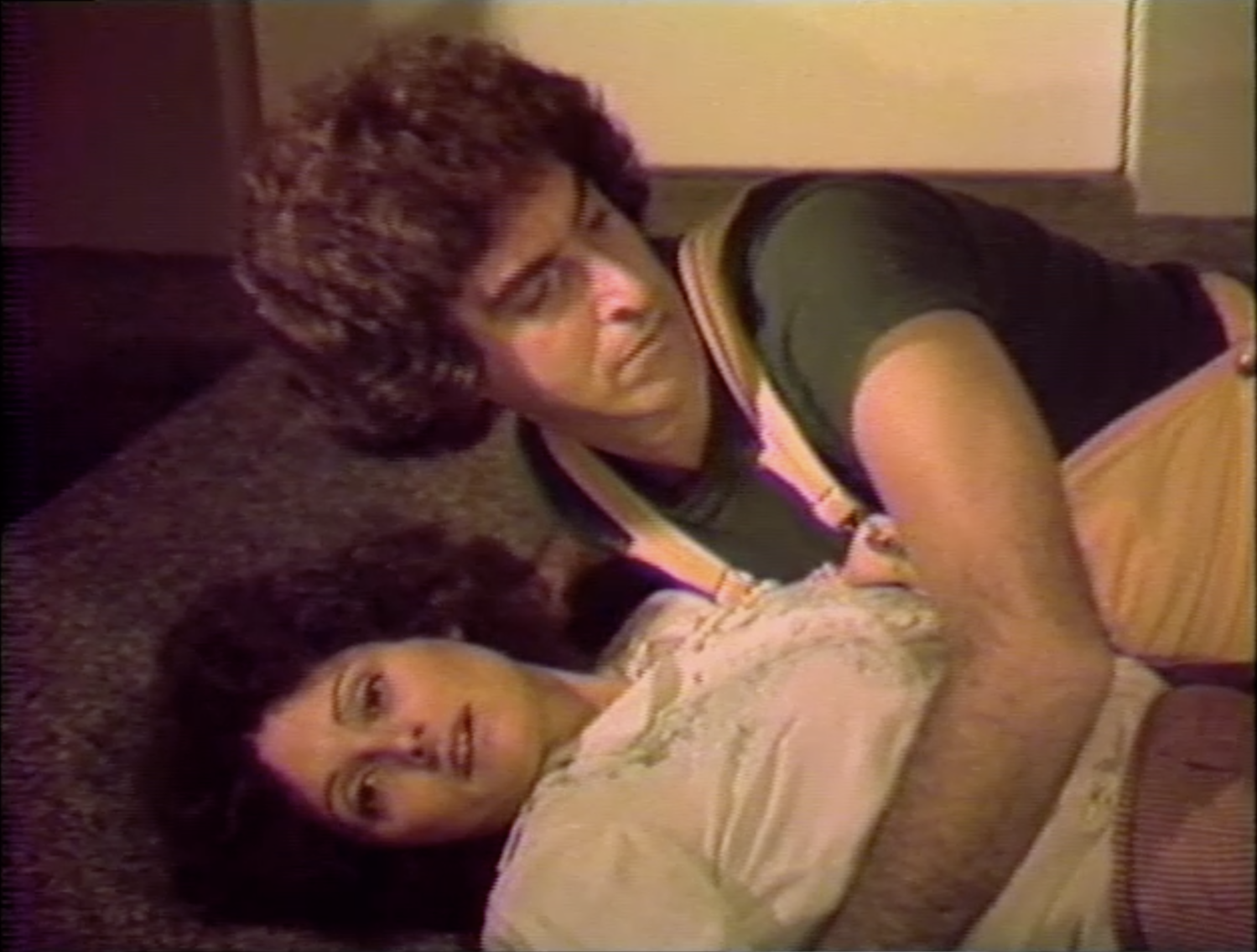
Los Angeles-based conceptual artist Hildegarde Duane has worked across mediums since the mid-seventies, courting the peripheries of mass media entertainment and its archetypal figures in her video and photo stories. This exhibition is the artist’s first solo presentation in Europe and brings together a comprehensive survey of work made between 1978 and today, exhibited over two floors of Künstlerhaus Stuttgart.
Western Woman, is simultaneously a nod towards the artist’s Californian roots, and the set of stereotypical conventions she both engages and unsettles in her work. Hildegarde Duane’s approach to feminism and feminist discourse speaks of an attitude and subversive mode of representation employing humour, irony, and ambiguity in equal measure. Her long-running fascination with the subtleties and potential perversions of the iconic representation speaks of a sensitivity towards the edge or tipping point of an image, what she describes as a “piercing quality, yet detached.”
Working with numerous collaborators, including Argentinian and ex-Angeleno artist David Lamelas, Duane’s practice is born from a spirit of collaboration initiated at the Long Beach Museum of Art in its multiple video programmes, commissions, and editing facilities from 1975. A recurring group of artists, actors, and musicians feature on and off camera. Other frequent collaborators, including Ilene Segalove, form a West Coast peer group of artists and video makers whose concerns preceded those of the Pictures Generation.
The exhibition highlights key works in the artist’s practice, incorporating video- and image-based installations while experimenting with scale and form. Many of the photo stories on display are reconceptualised by the artist for this presentation, juxtaposed with recent image and text pieces and monitors featuring key short videos. The enduring wit and tone of Duane’s work emphasise its currency; her bold visual style and consistently perceptive reinterpretations of the banal have a potency that defies easy categorisation but represents with irreverence and energy a continuous making and unmaking of the (female) image.
Realised with support of the Ministry of Science, Research and the Arts Baden-Württemberg, and Albrecht and Sabrina Hauff


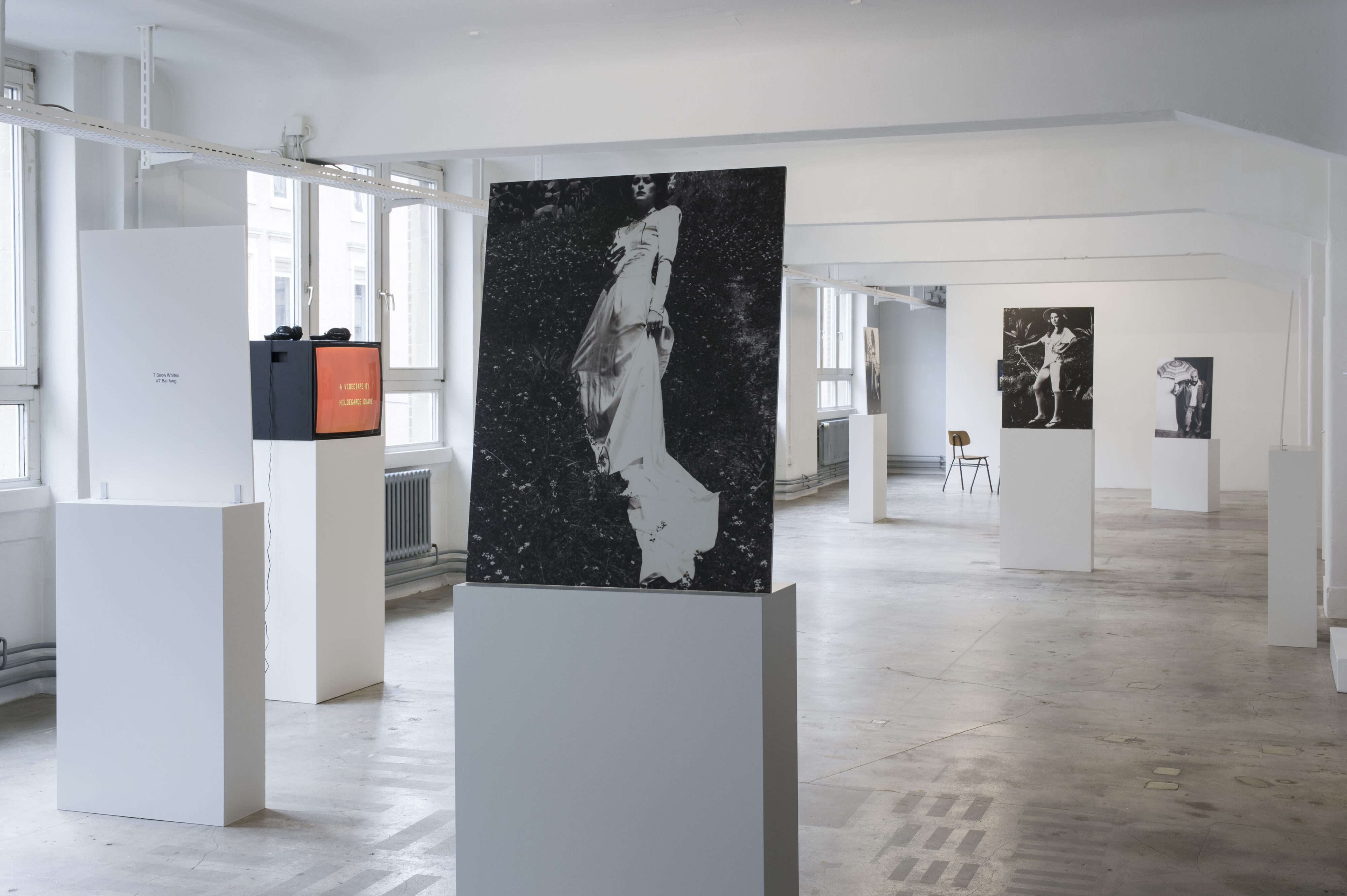
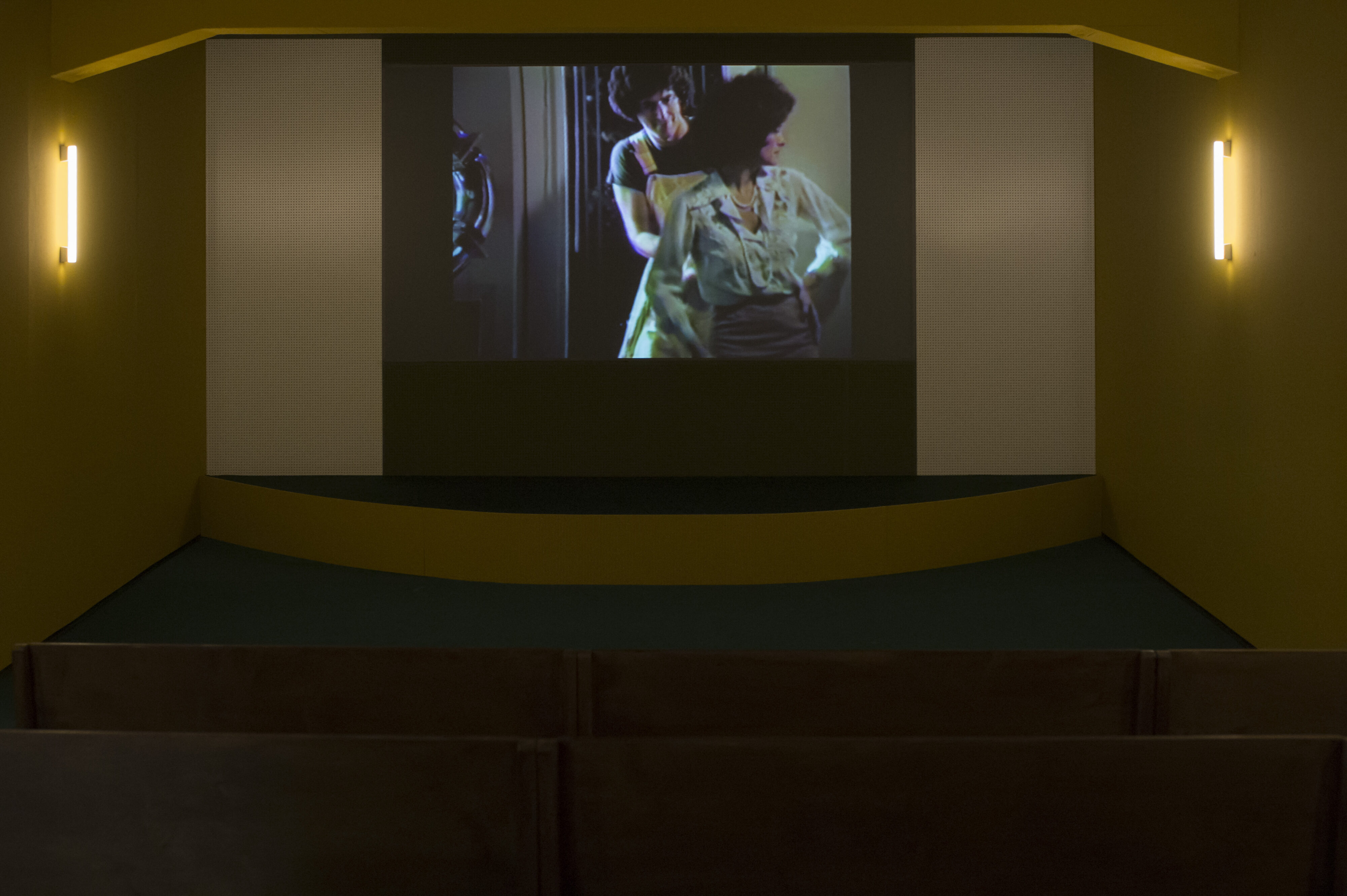

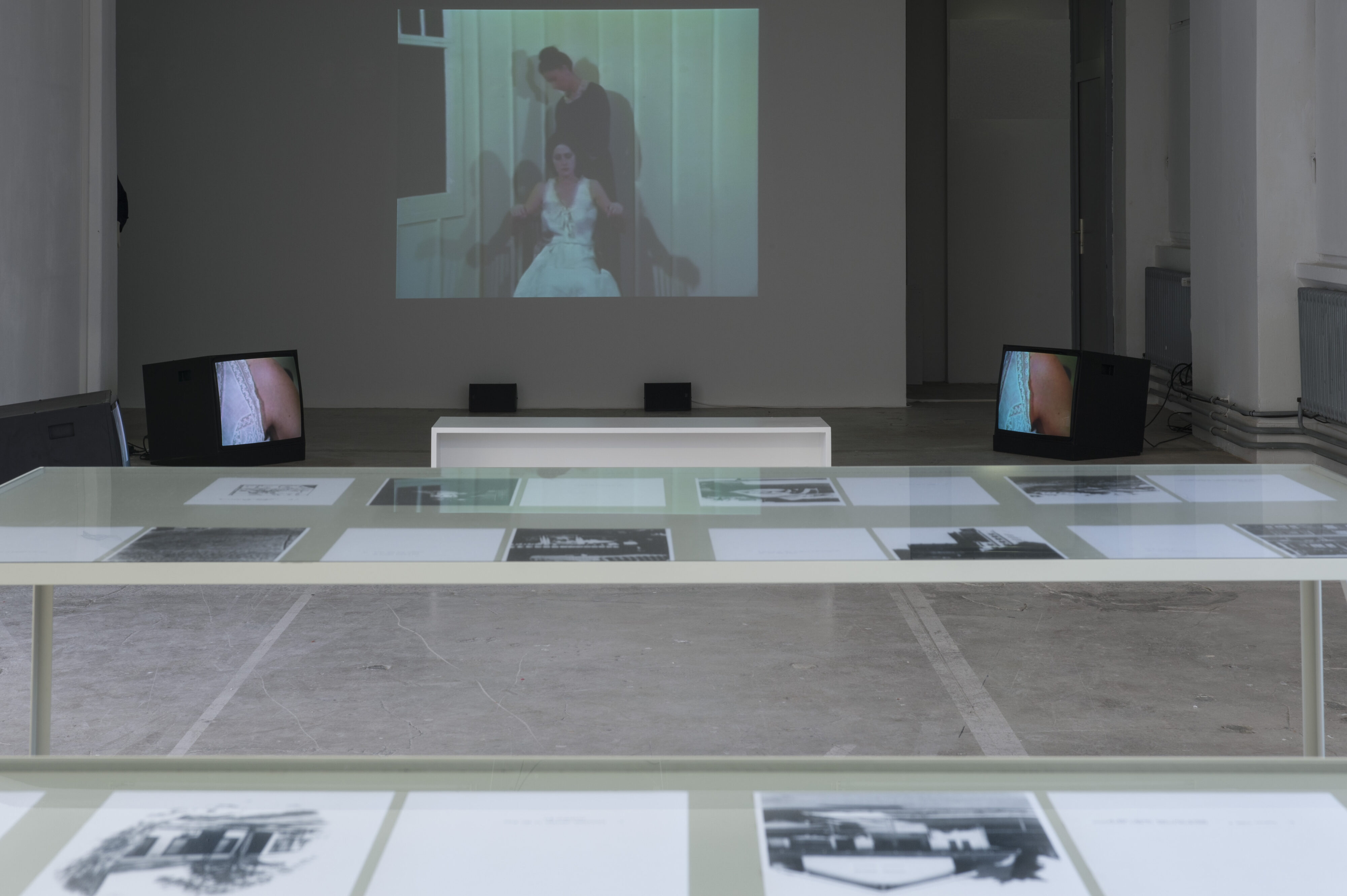
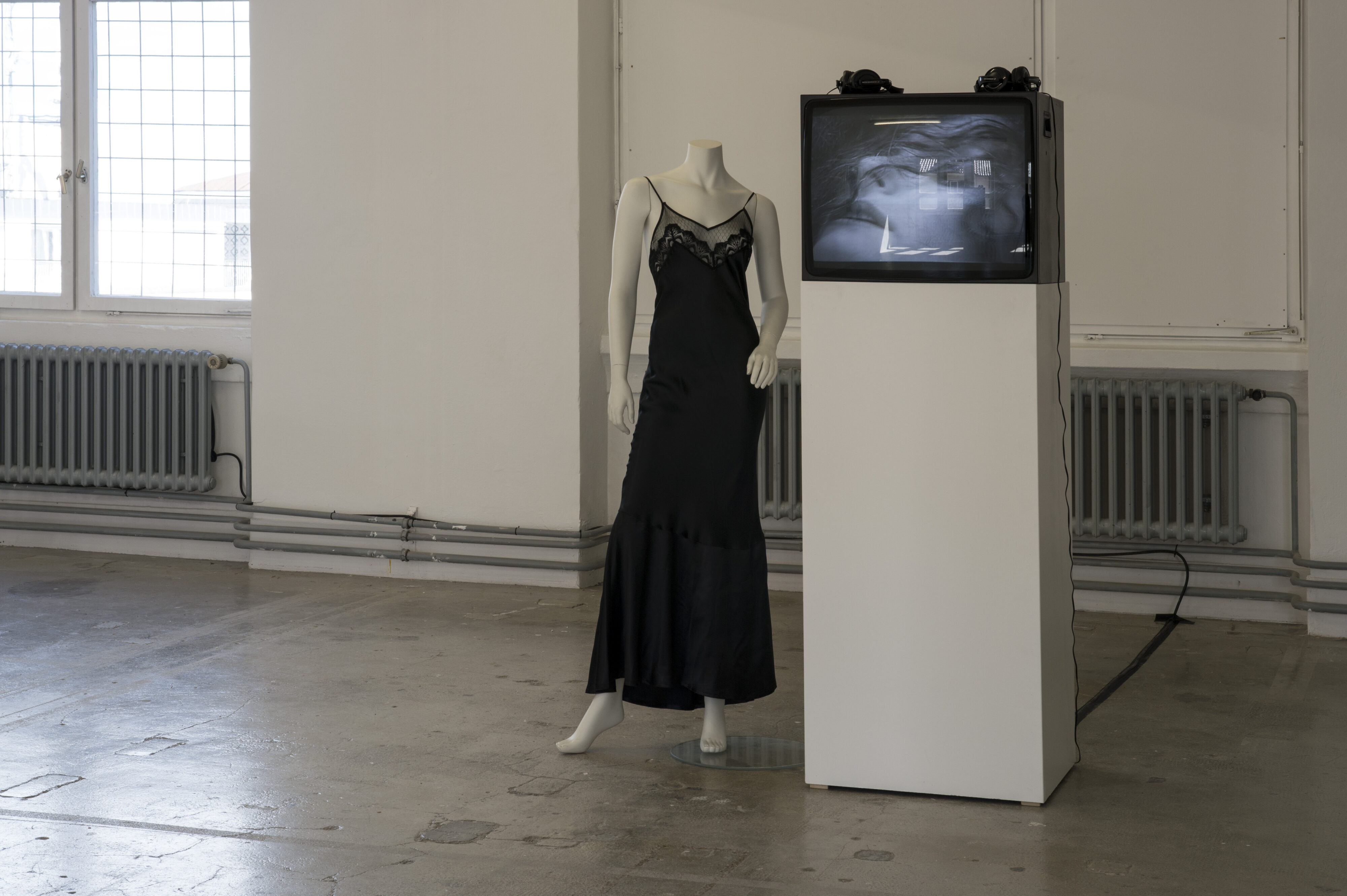


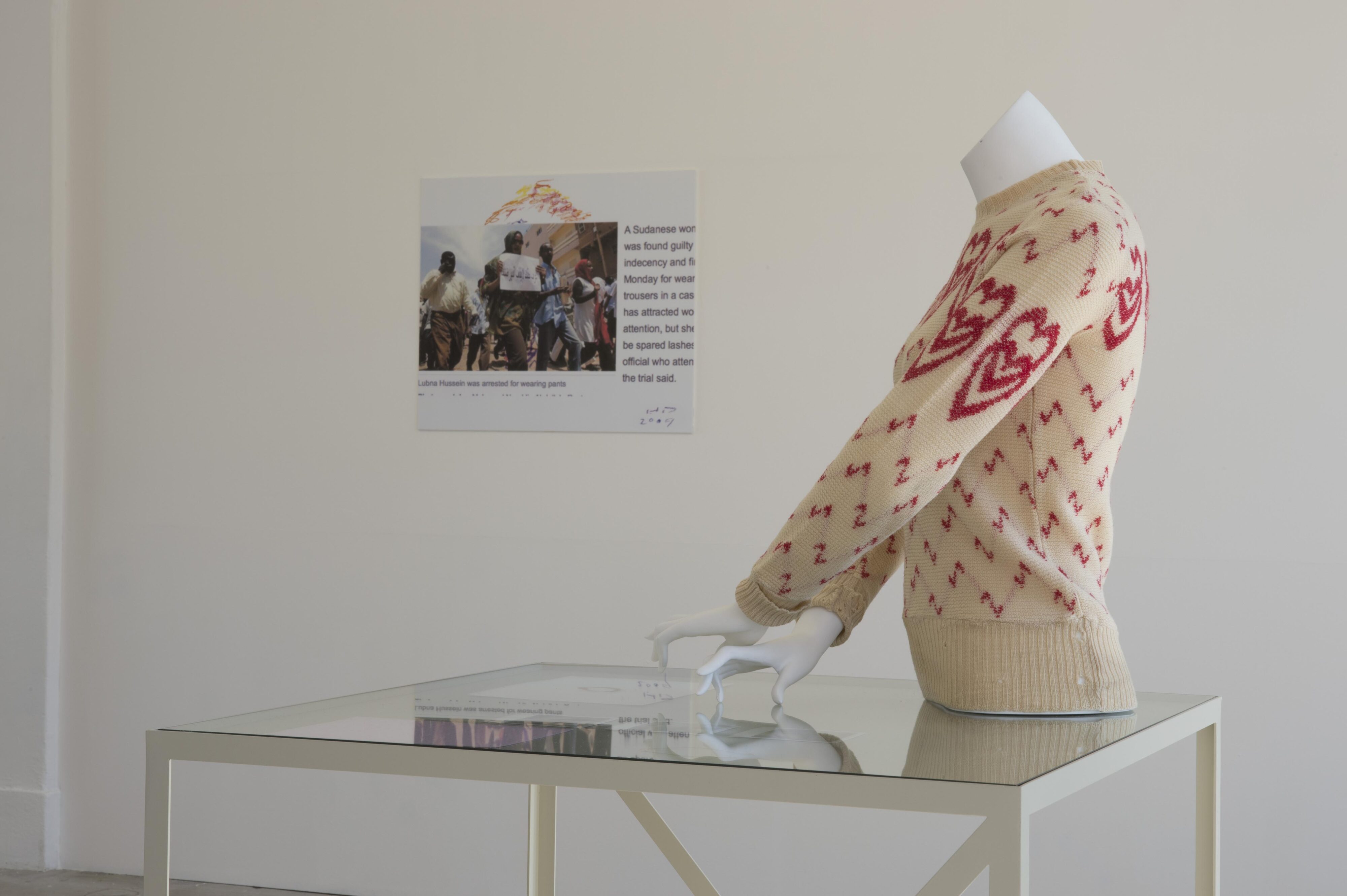
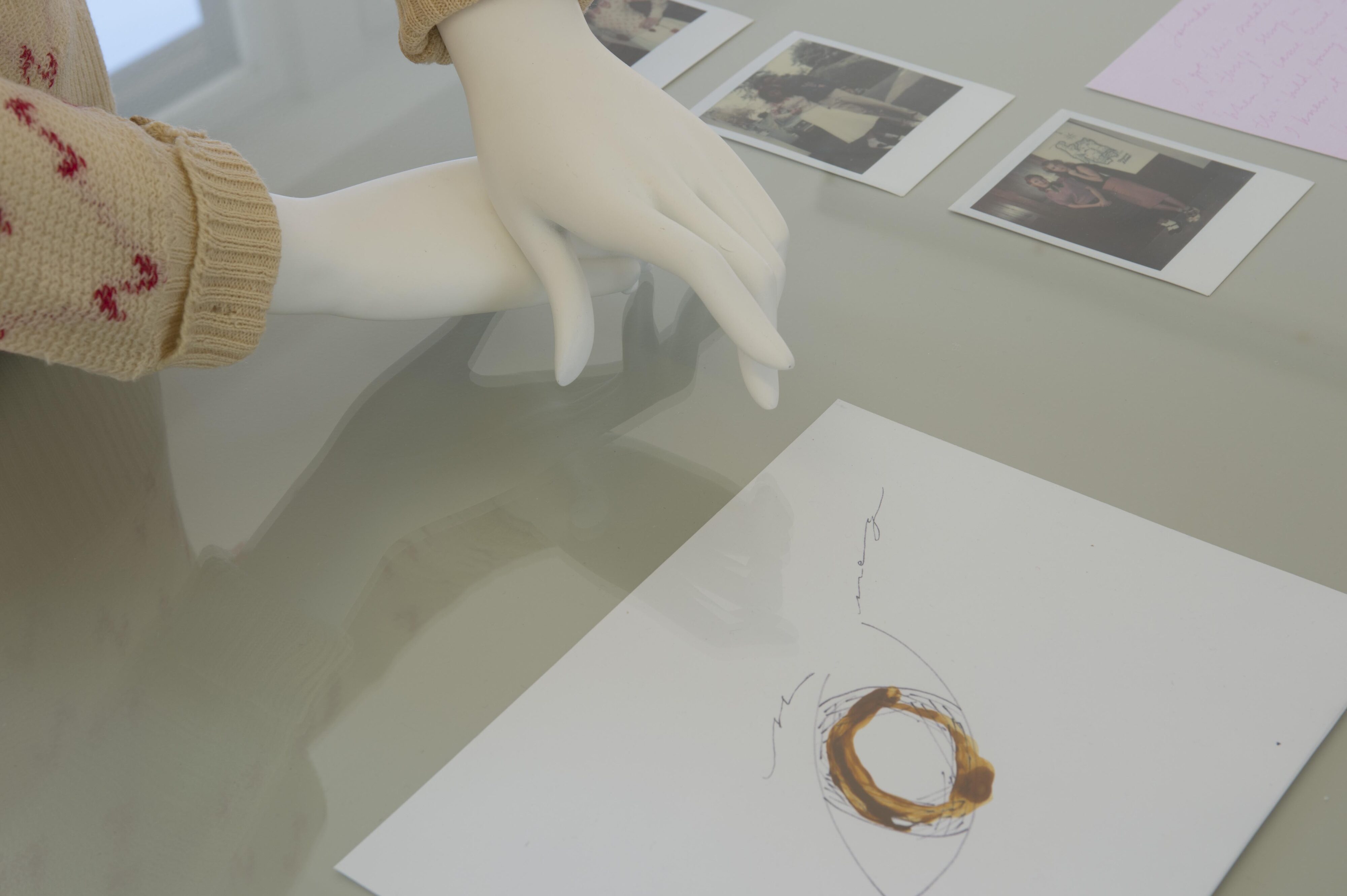
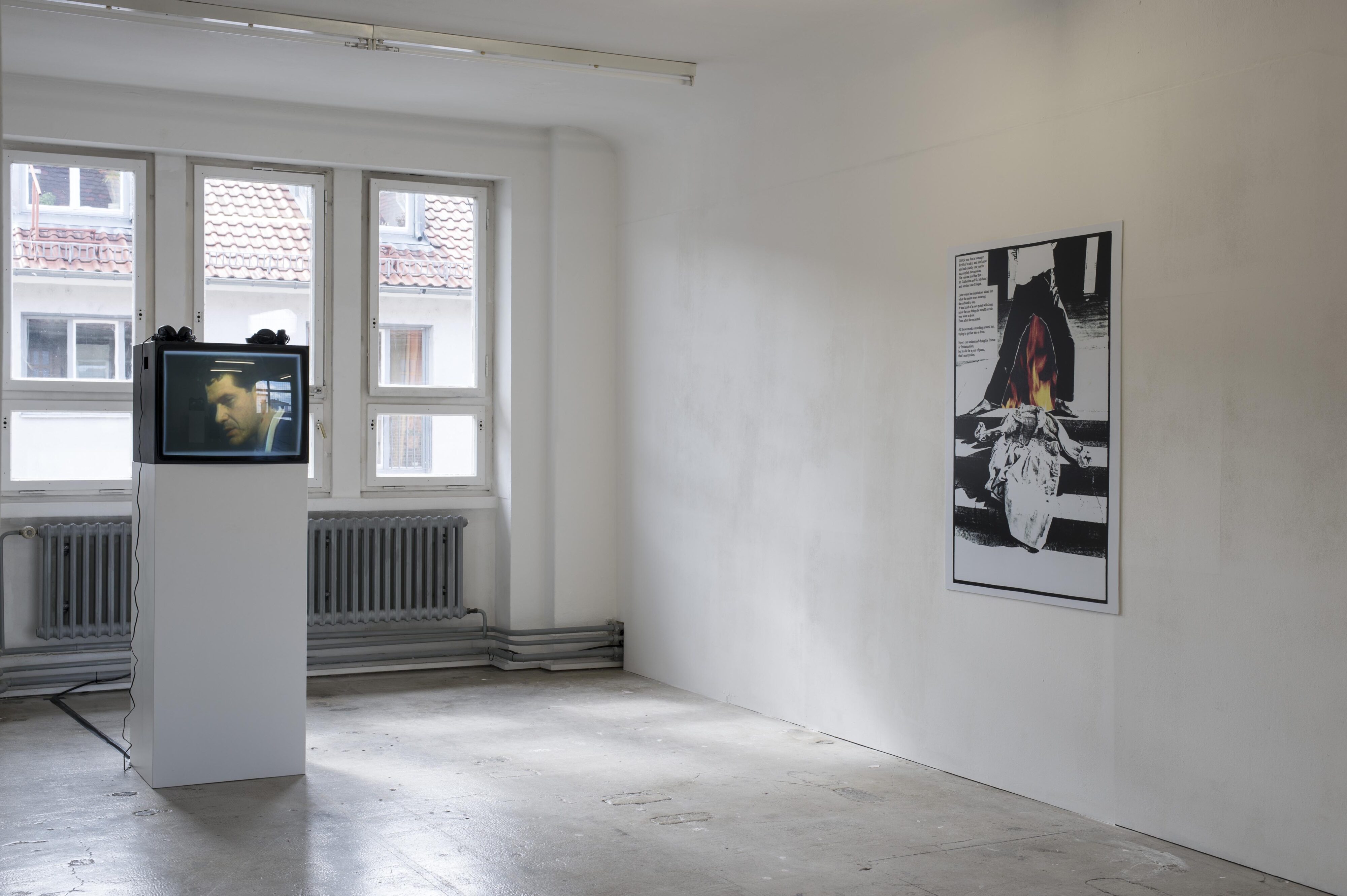
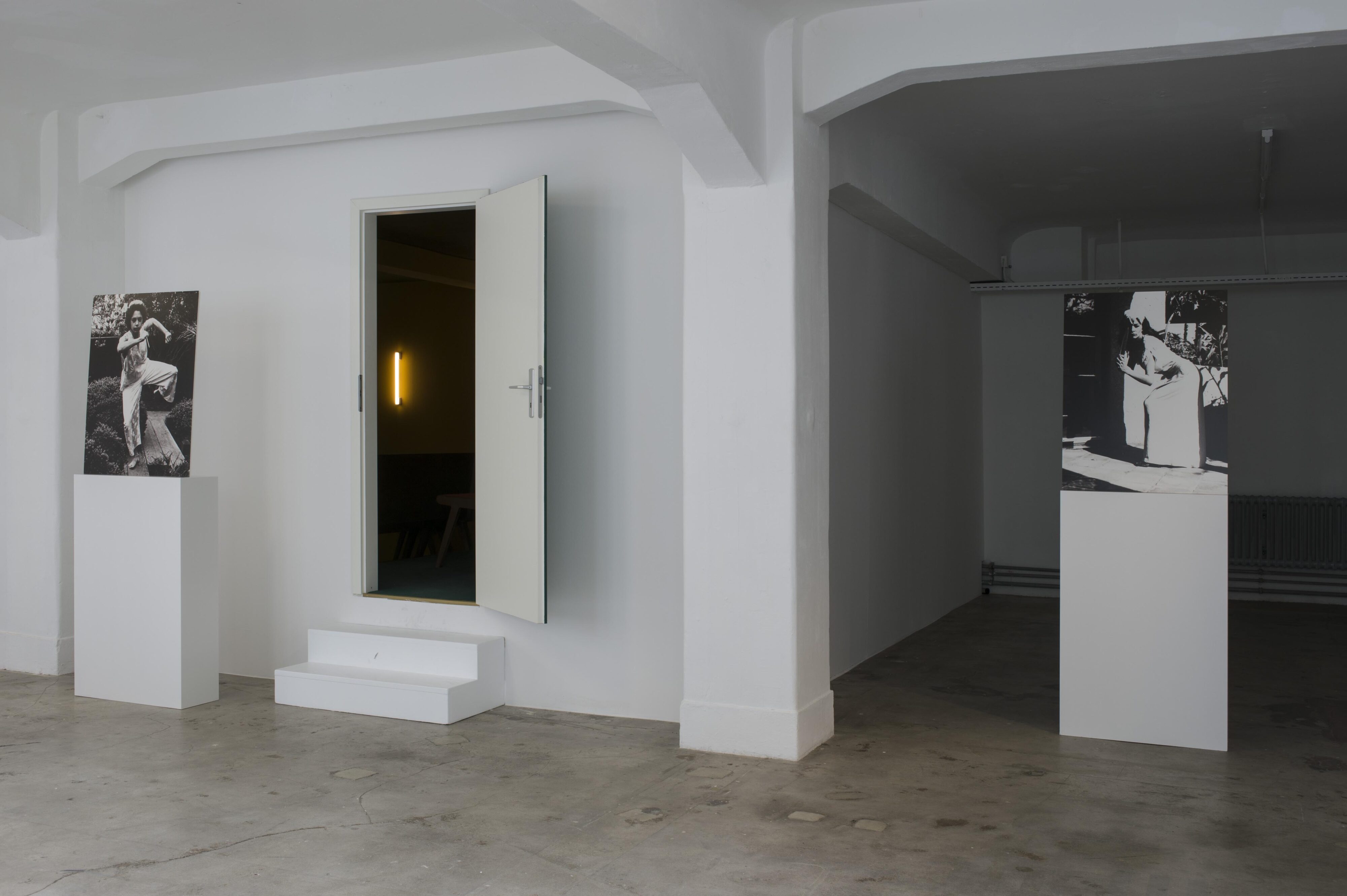
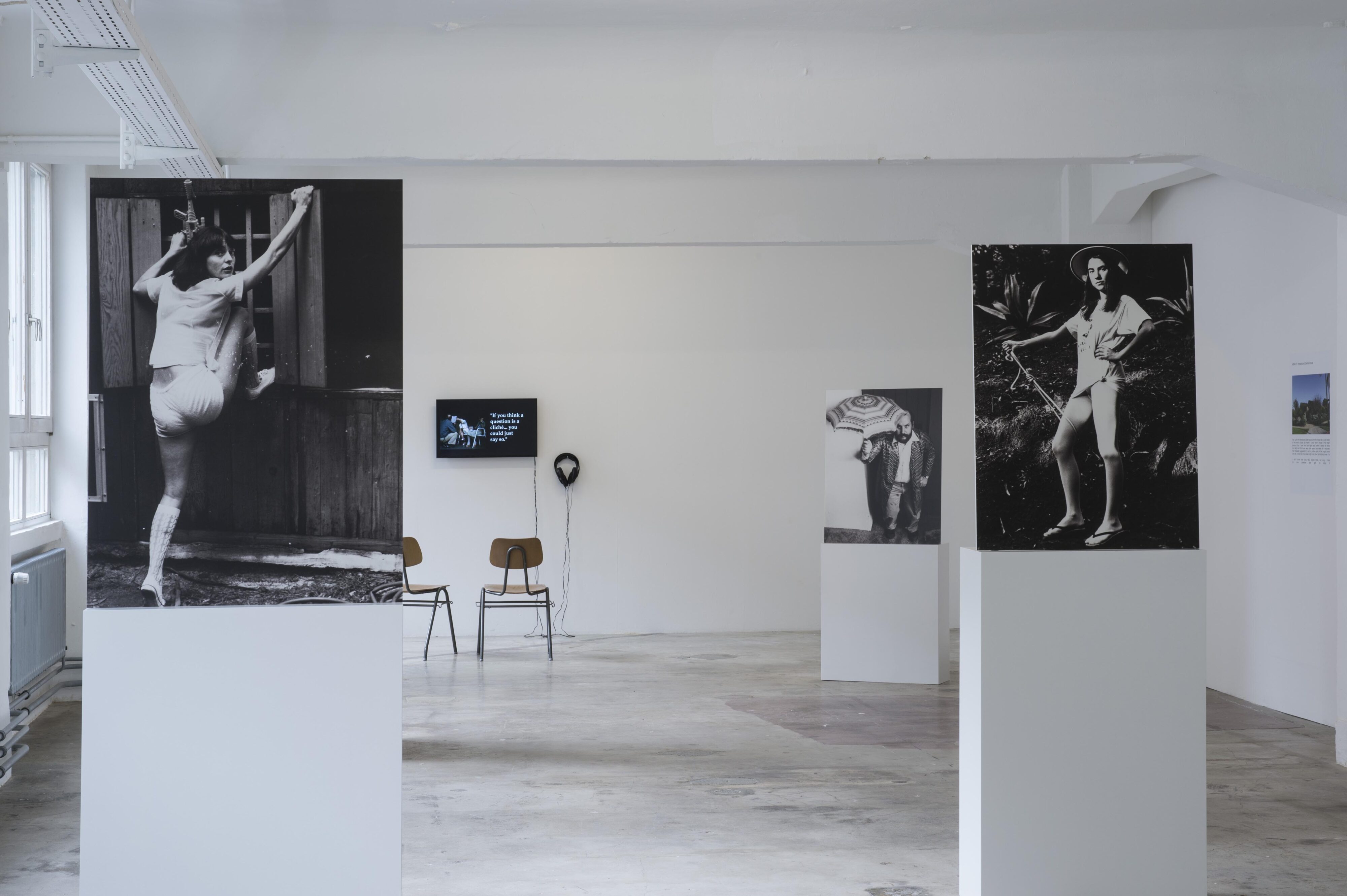
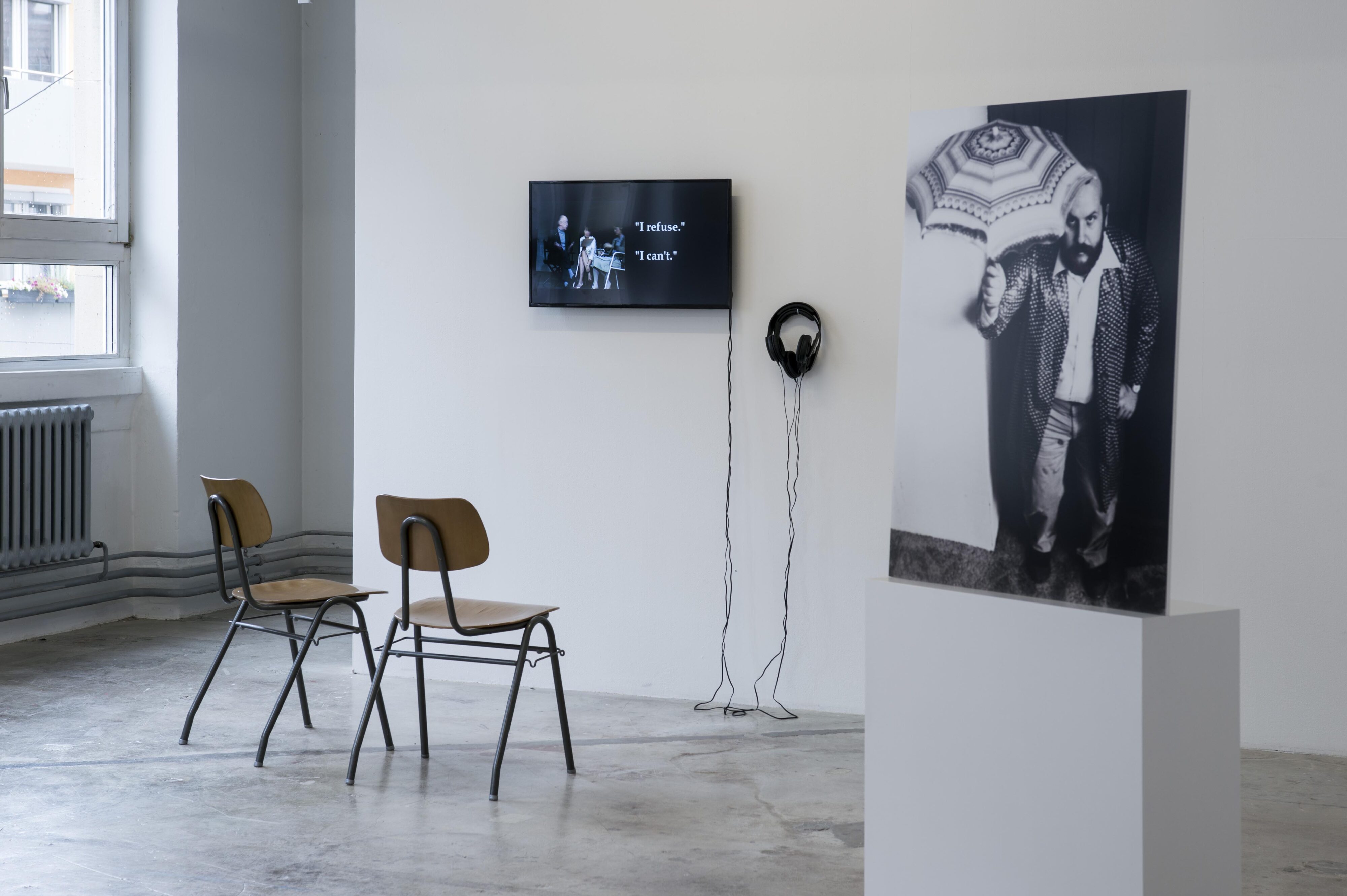

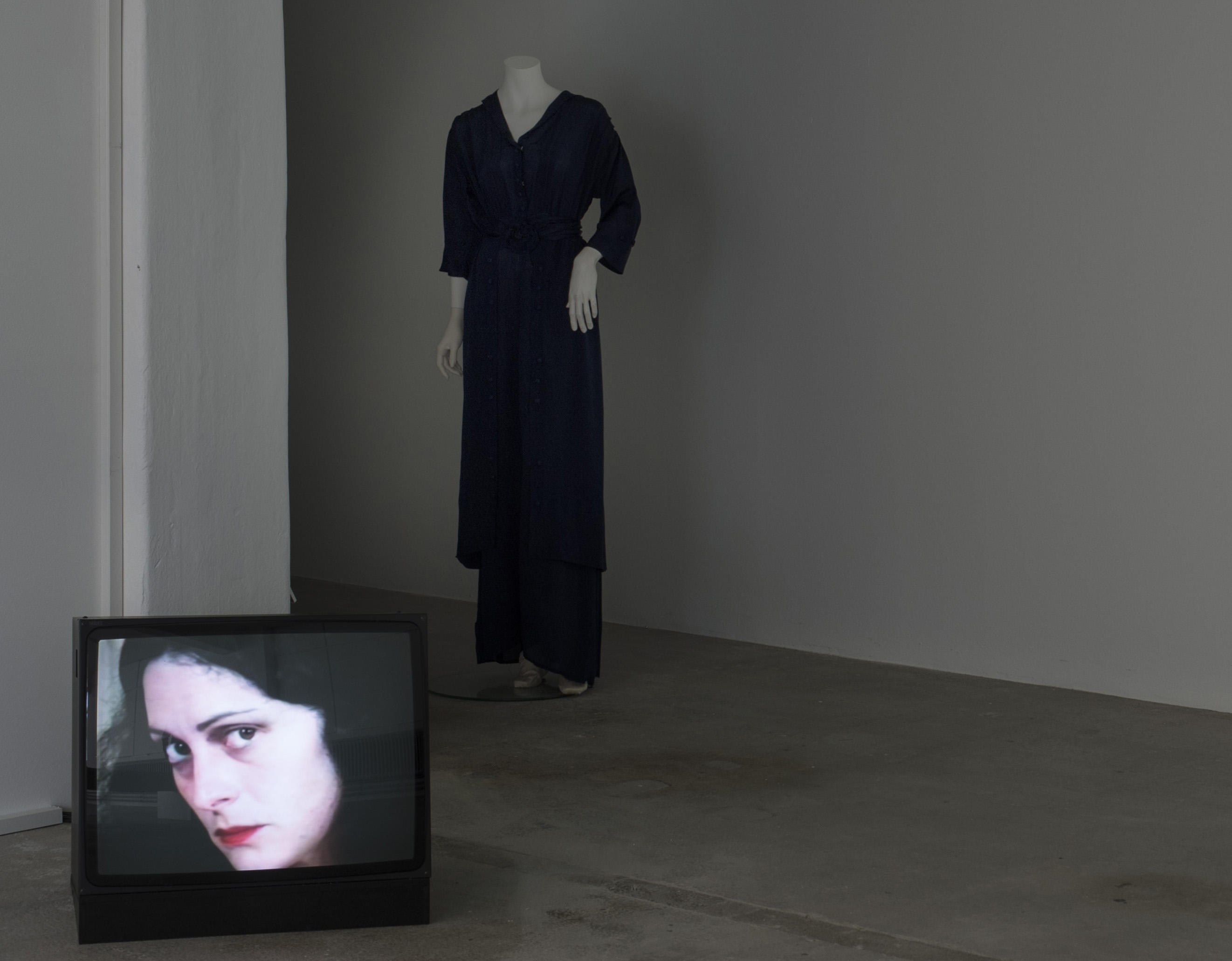
A concert by Purpur Spytt on the ground level of Künstlerhaus, following the opening of Hildegarde Duane’s Western Woman.
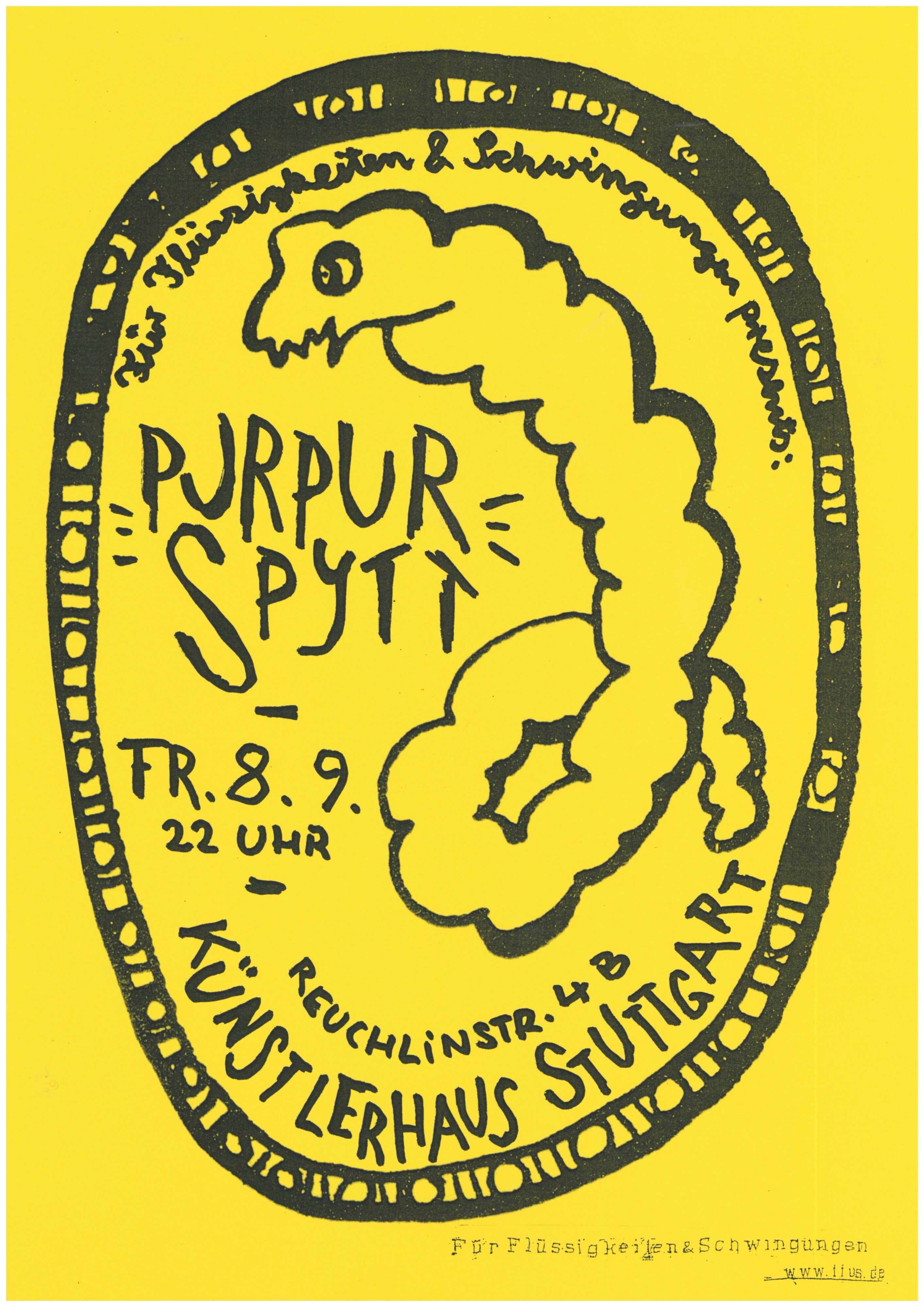
Künstlerhaus Kino
Level II
Followed by screenings Wednesday–Sunday
4 June–30 July, 12pm and 4pm
Künstlerhaus’ newly conceived cinema opens with Pinochet Porn (2008–16), an epic experimental film embodying the multifaceted work of the late artist Ellen Cantor (1961–2013). Cantor worked on this feature-length episodic narrative about the intertwined lives of five children and their maturation into adulthood for the final five years of her life.
The film originates in a suite of 82 drawings named Circus Lives from Hell (2005), which subsequently developed into the dramatic storyboard. Produced using Super 8mm, archival footage, and animated drawings, Pinochet Porn takes the form of a soap opera, at once tragic and comical and marked by a subversive sexuality. The story weaves between personal, political, and historical circumstances, obliquely revolving around the political discord of Pinochet’s regime in Chile. In the film, each child becomes a container for their distinct and complex experience of dictatorship – structures, which the characters later carry in their lives as adults, pointing to the film’s central question: is tragedy a choice?
Pinochet Porn is a document of an extended moment in New York and London avant-garde art and culture, featuring a range of artists, curators, writers, filmmakers, fixtures of the underground, musicians, and their children. This screening marks the German premiere of the work and follows a more long-running engagement with the practice and approach of Cantor, culminating in the book A history of the world as it has become known to me (Sternberg Press, Summer 2018), edited by Lia Gangitano, Fatima Hellberg, and Jamie Stevens.
Pinochet Porn (2008–16)
Super 8mm transferred to video (black and white and colour, sound), 123 min
Directed by Ellen Cantor
Photography: Frank Kleinbach.
Funded by the German Federal Cultural Foundation

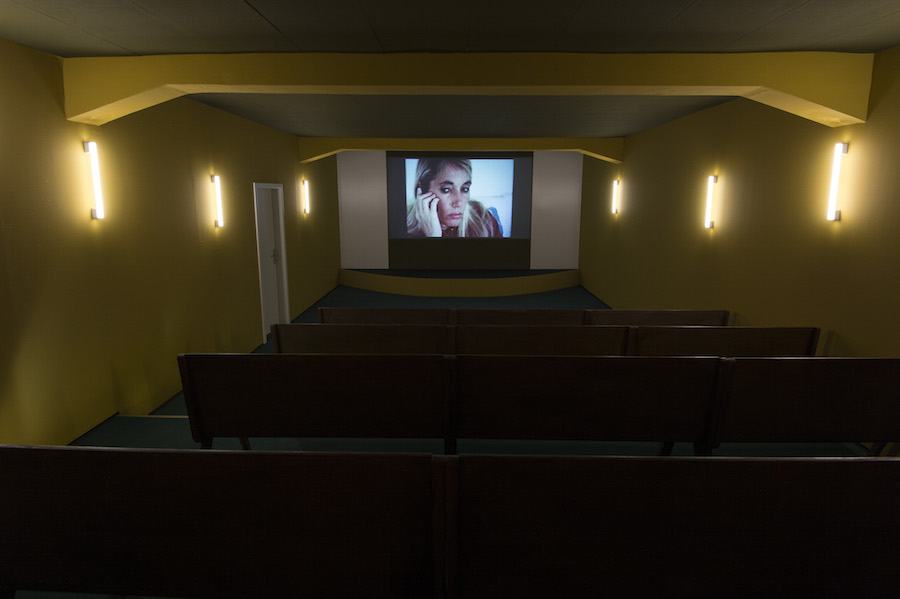
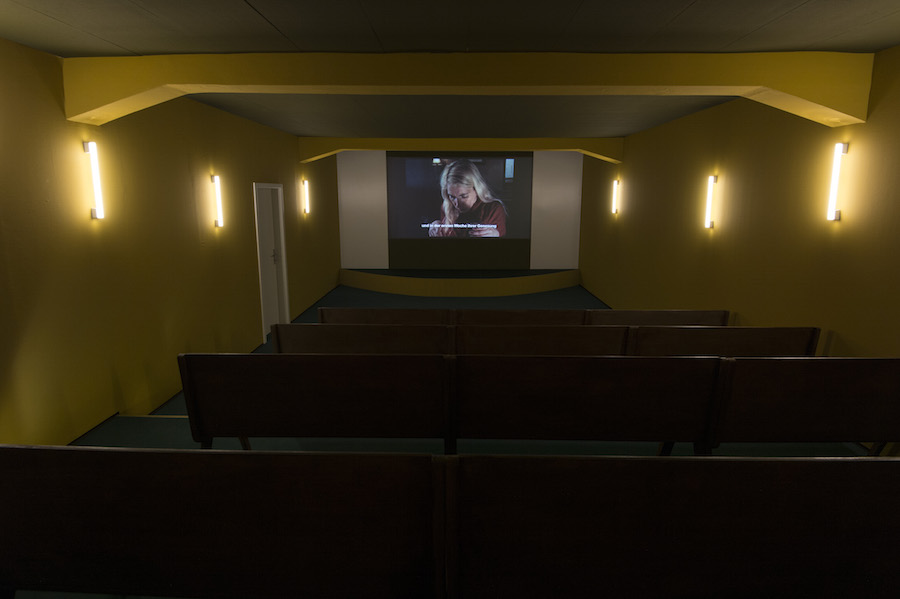
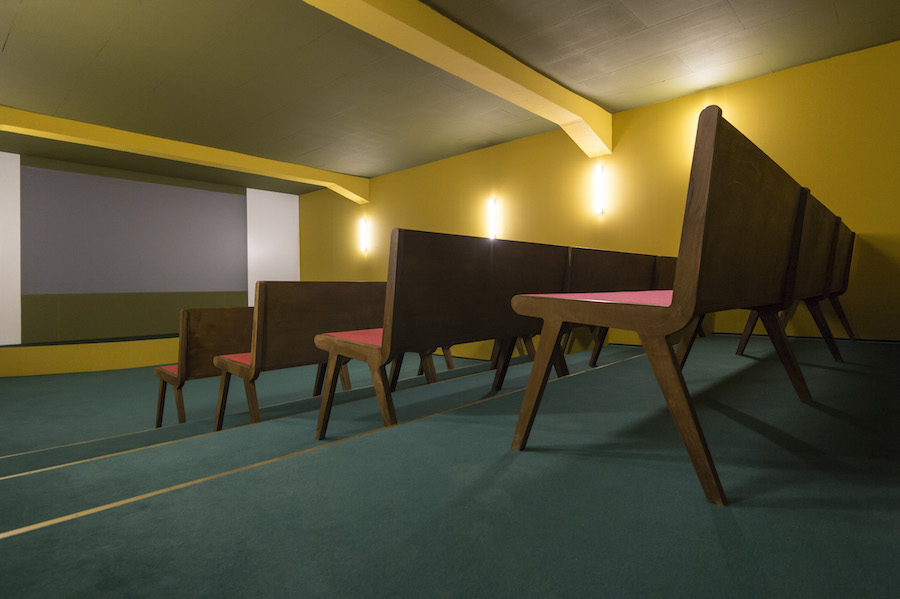
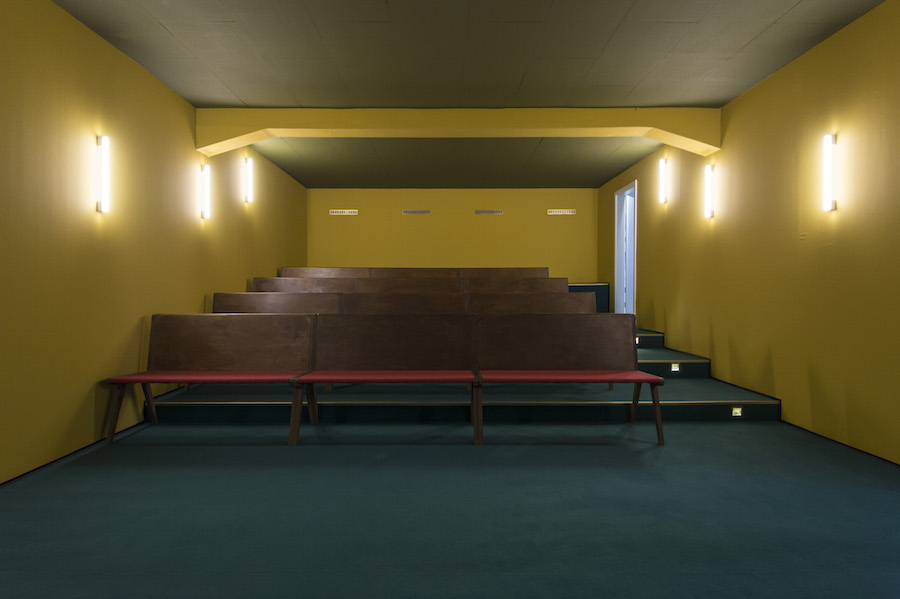
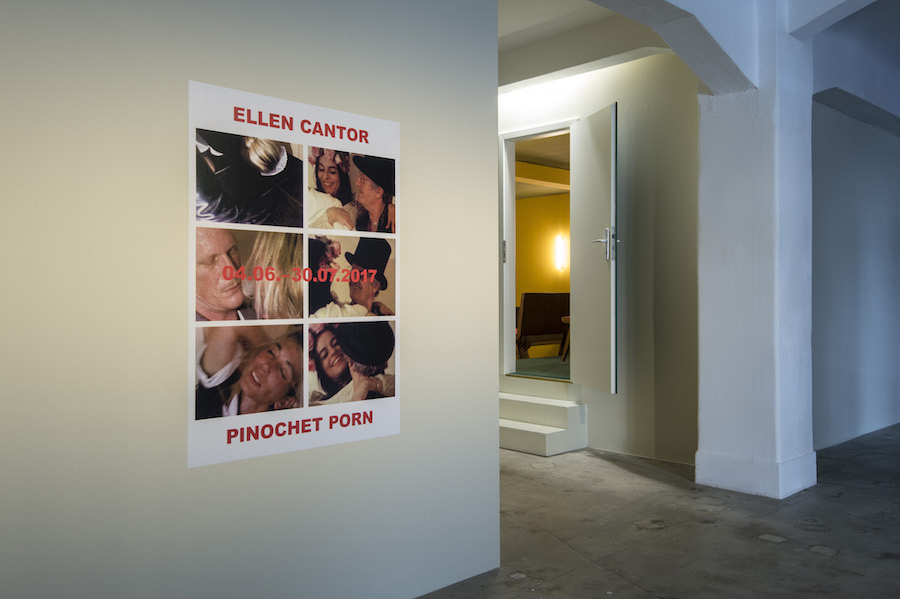
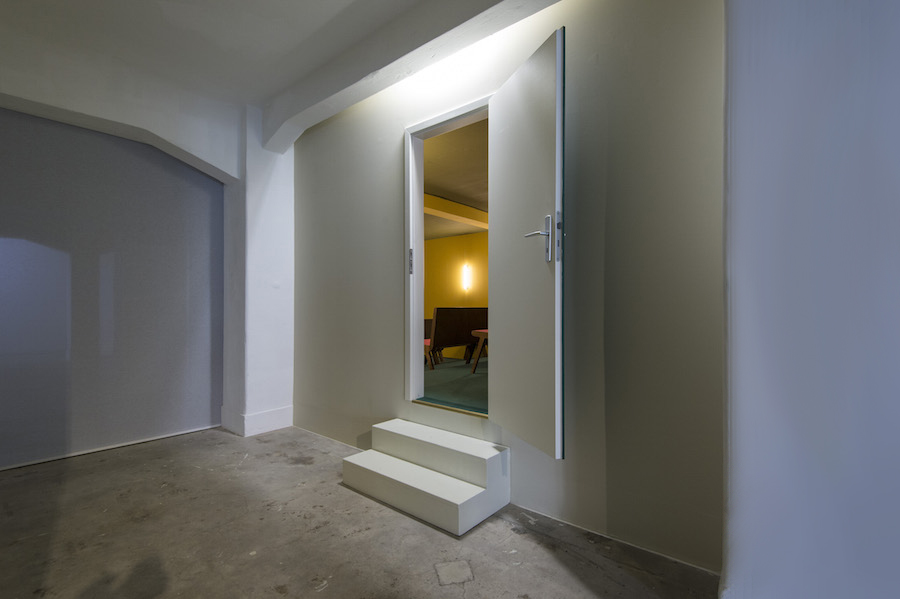
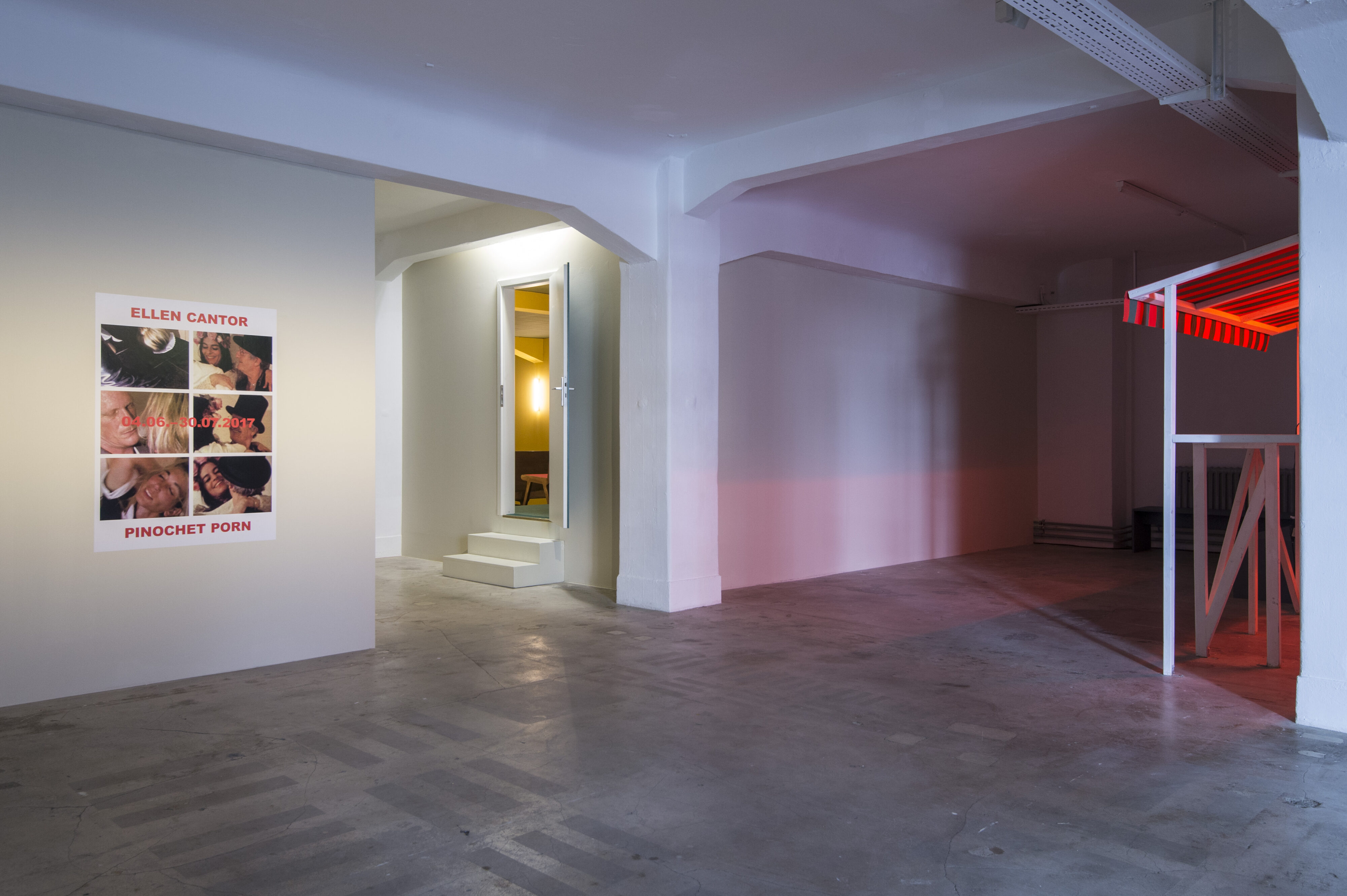

A collaborative set generated from YOUR WORDS IN MY MOUTH | MY VOICE ON YOUR TONGUE, a three day workshop by Ghislaine Leung focusing on transcription in its most material and lived sense through writing, reading and exhibition forms.
The YOUR WORDS IN MY MOUTH | MY VOICE ON YOUR TONGUE workshop and event series is developed by Leung, the Critical Studies department of the Sandberg Institute Amsterdam with Lucie Berjoan, Callum Copley, Ioanna Gerakidi, François Girard-Meunier, Rosie Haward, Asja Novak, Stefanie Rau, and Künstlerhaus Stuttgart.
An evening of video and readings presented by Ghislaine Leung.
Programme
Ghislaine Leung, Hollis and Money, 2017, spoken word (live), 5 min
John Knight, MacGuffin 8-2975, 1975, 16mm film transferred to digital video, b/w, no sound, 9 min 37 sec. Courtesy of Greene Naftali and Cabinet
Jay Chung and Q Takeki Maeda, Loretta Fahrenholz, The Sixth Year, Episode 2, 2013, digital video, colour, sound, 8 min 7 sec. Courtesy of the artists and Cabinet
Kathy Acker, Raw Heat, 1977, spoken word, 4 min 30 sec. Courtesy of Western Front Archive
Jesper List Thomsen, #L O V E O F G O D, 2015, spoken word (live), 7 min. Courtesy of the artist
Stephen G. Rhodes, Responsible Cats (with Keston Sutherland), 2016, digital video, colour, sound, 3 min 50 sec. Courtesy of the artist
Claudia Rankine, From Citizen, 2015, spoken word, excerpt 4 min 30 sec
Rosa Aiello, A River In It, 2015, digital video, colour, stereo sound, 9 min 48 sec. Courtesy of the artist. Voice by Olga Pedan
Julia Heyward, Shake Daddy Shake, 1976, 16 mm film transferred to digital video, b&w, stereo sound, 5 min 22 sec. Courtesy of the artist and EAI
Meredith Monk, Last Song, 2008, sound, 7 min 16 sec
Hollis & Money is in conjunction with YOUR WORDS IN MY MOUTH | MY VOICE ON YOUR TONGUE, a three day workshop with Ghislaine Leung, the Critical Studies department of the Sandberg Institute Amsterdam and Künstlerhaus Stuttgart.
Hollis & Money was commissioned by Cell Project Space in conjunction with ICA, London as part of Ghislaine Leung’s The Moves at Cell Project Space

They were two superior eels at the bottom of the tank and they recognized each other like italics1
The characters that populate Dorota Jurczak’s image world, human and non-human, share a mood that is at once candid and secretive. And this mood can also manifest as uneasiness. This is an exhibition of newly conceived etchings and bronze reliefs departing from the Künstlerhaus’ workshops, staged as an installation in the round.
Two central characters in the exhibition are the thin outlines of a young boy and girl, each standing by, and holding on to the doorknob of a half-opened, or closed, door. These human-size bronze reliefs are caught in the gauche threshold between waiting and entering. The characters do not see each other – their eyes are missing, although the delicately made doorknobs stare right back. There is a tension there between the desire to communicate and the desire to hide, which carries through in these sculptures but also in the figurations of the etchings. There is no single space within and between these works in which the essence as such resides, and instead an understanding is established; character is given with equal care to a bird, a breast, and the thin, long-handed boy and girl. Jurczak’s figuration suggests how much, or how very little, is needed for the spirit and idiosyncrasies of a being to be conjured up.
‘Johanna’ becomes the cipher or container of a potential character, or stand in for such, but also loops back to the name of a Künstlerhaus workshop manager with the same name. Johanna, this Johanna, is a meditation both on the fictional possibility and melody of a name, whilst carrying with it the reminder of the physical and collective process which enabled the characters to be made in the first place.
1 Anne Carson, Autobiography of Red, 1998
Supported by Corvi Mora, London, Sammlung Scharpff and




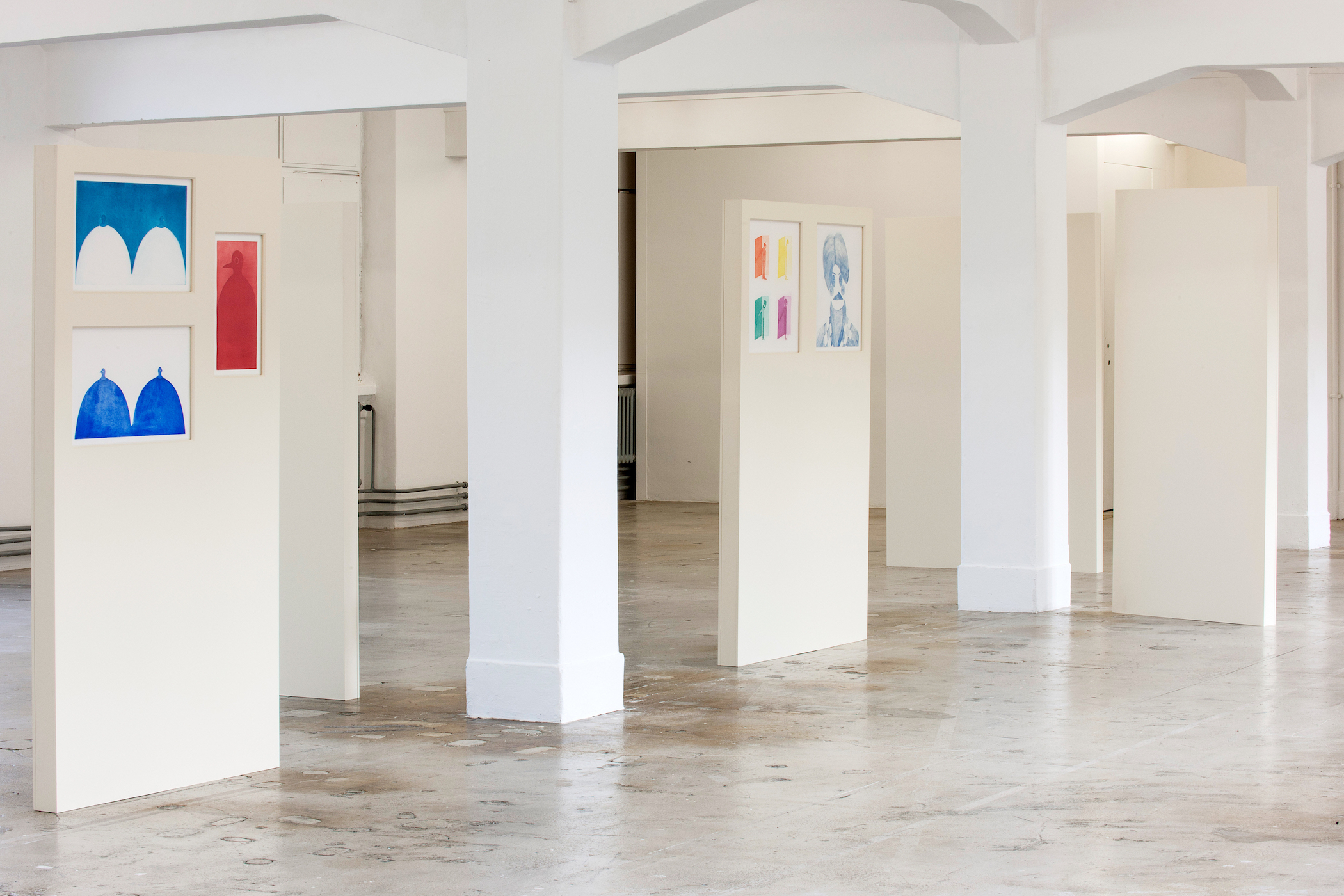
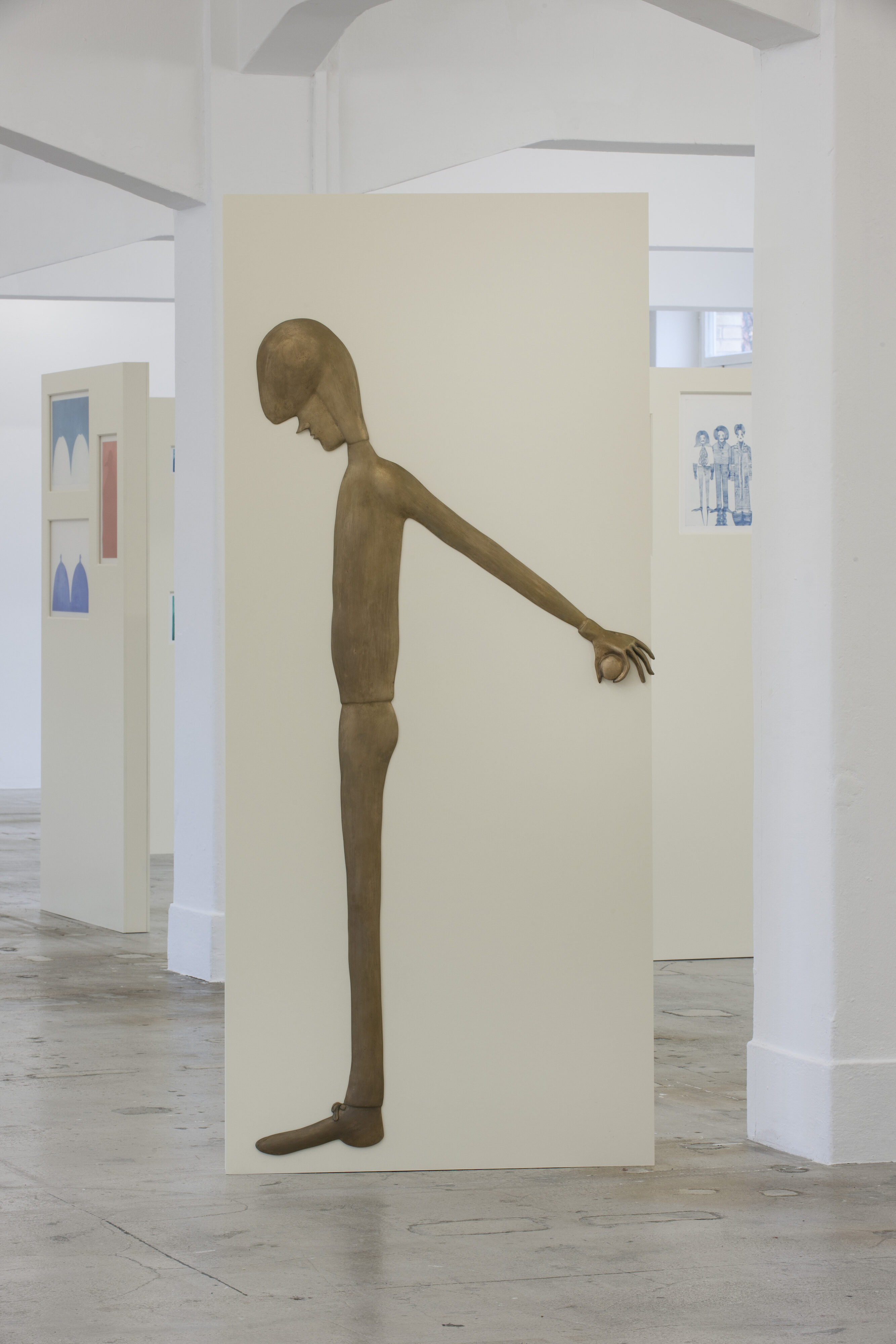
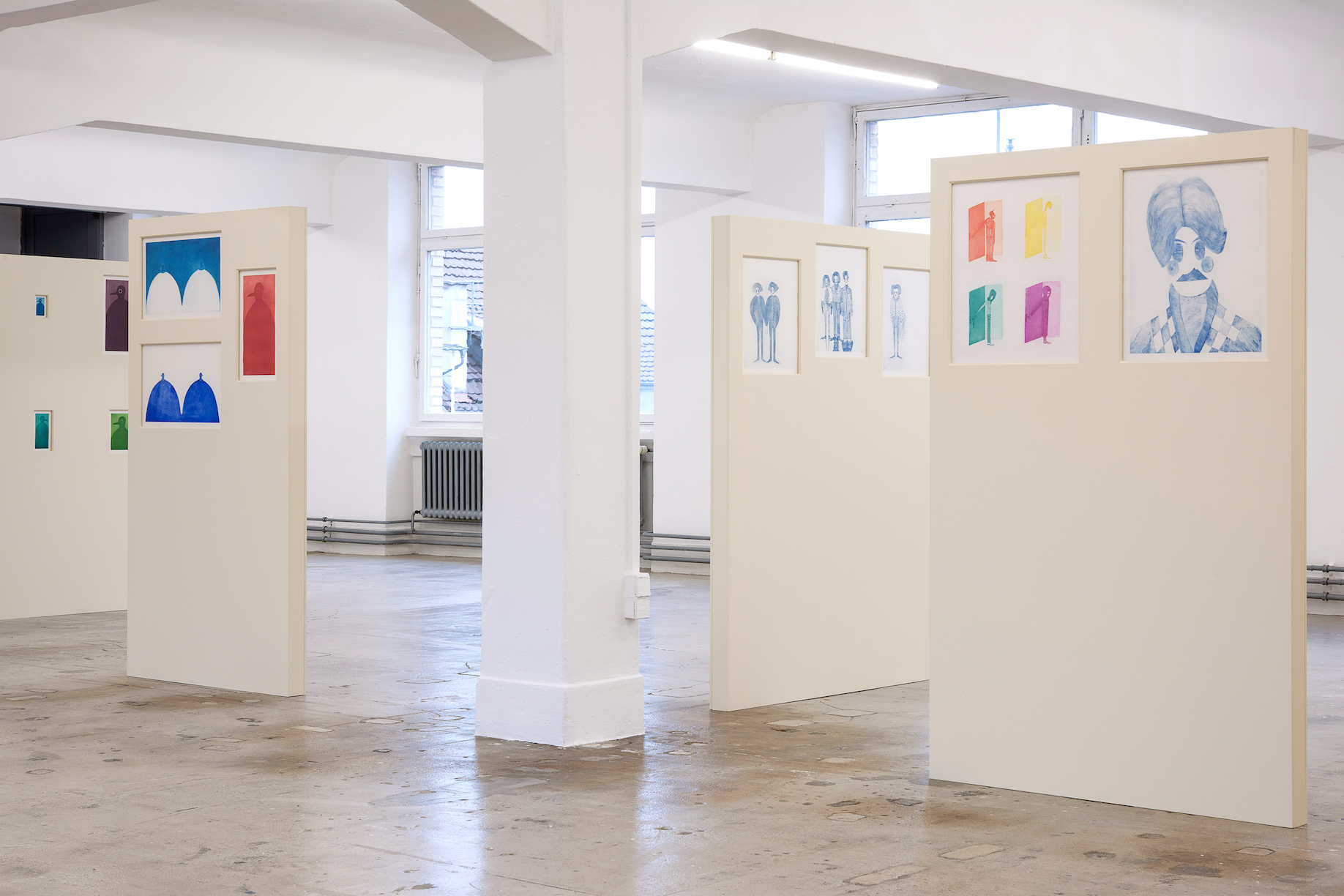
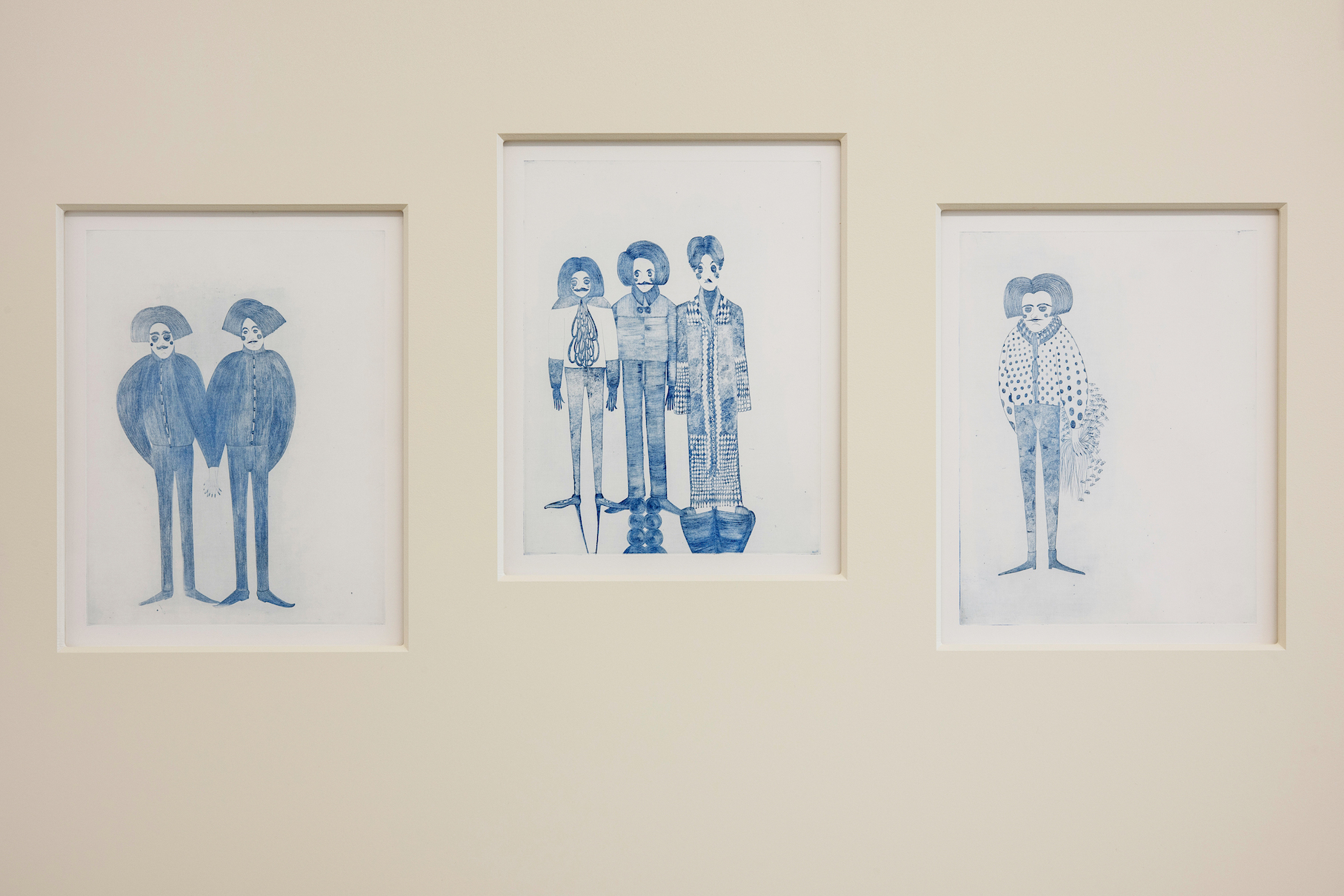
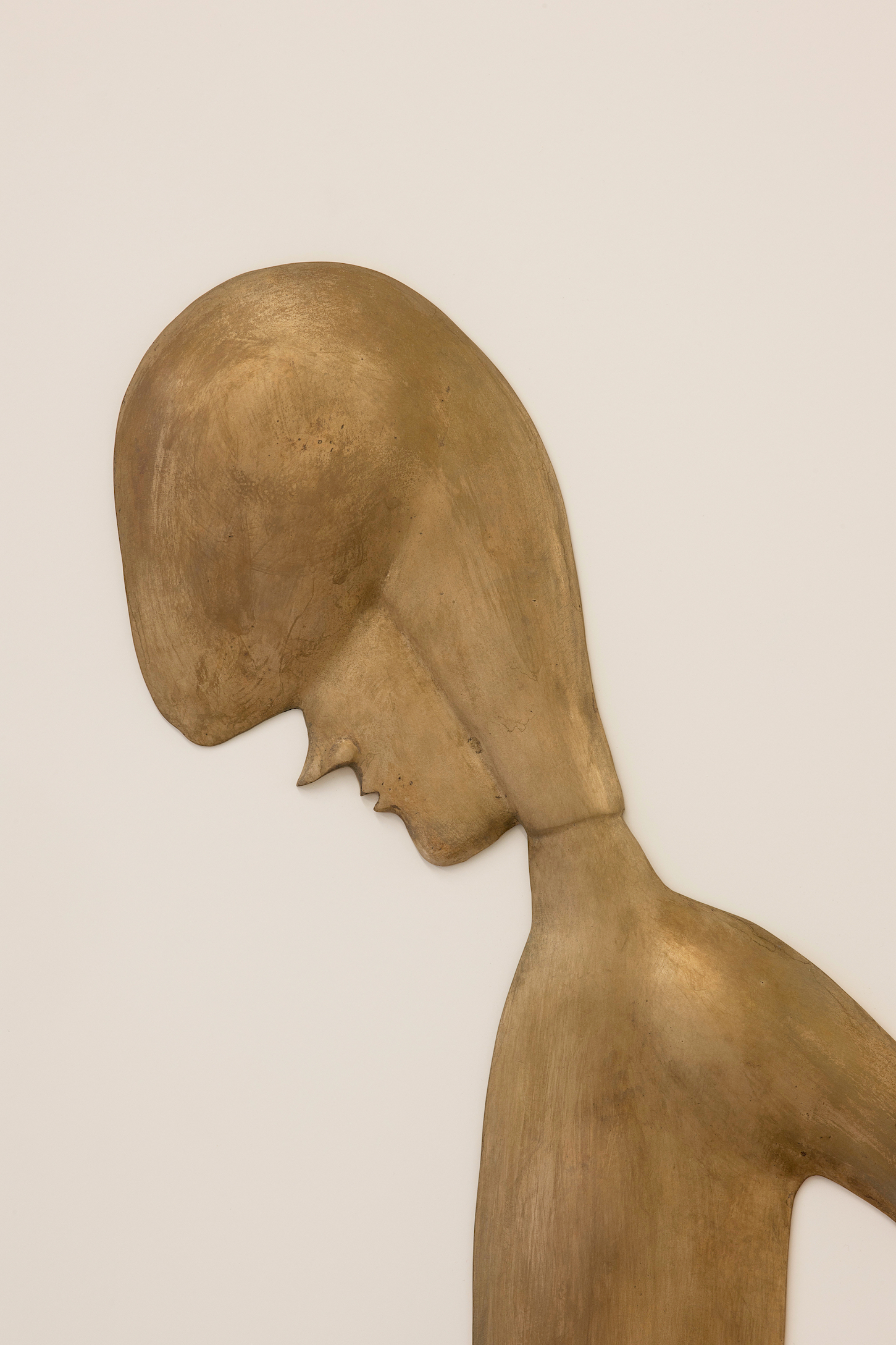

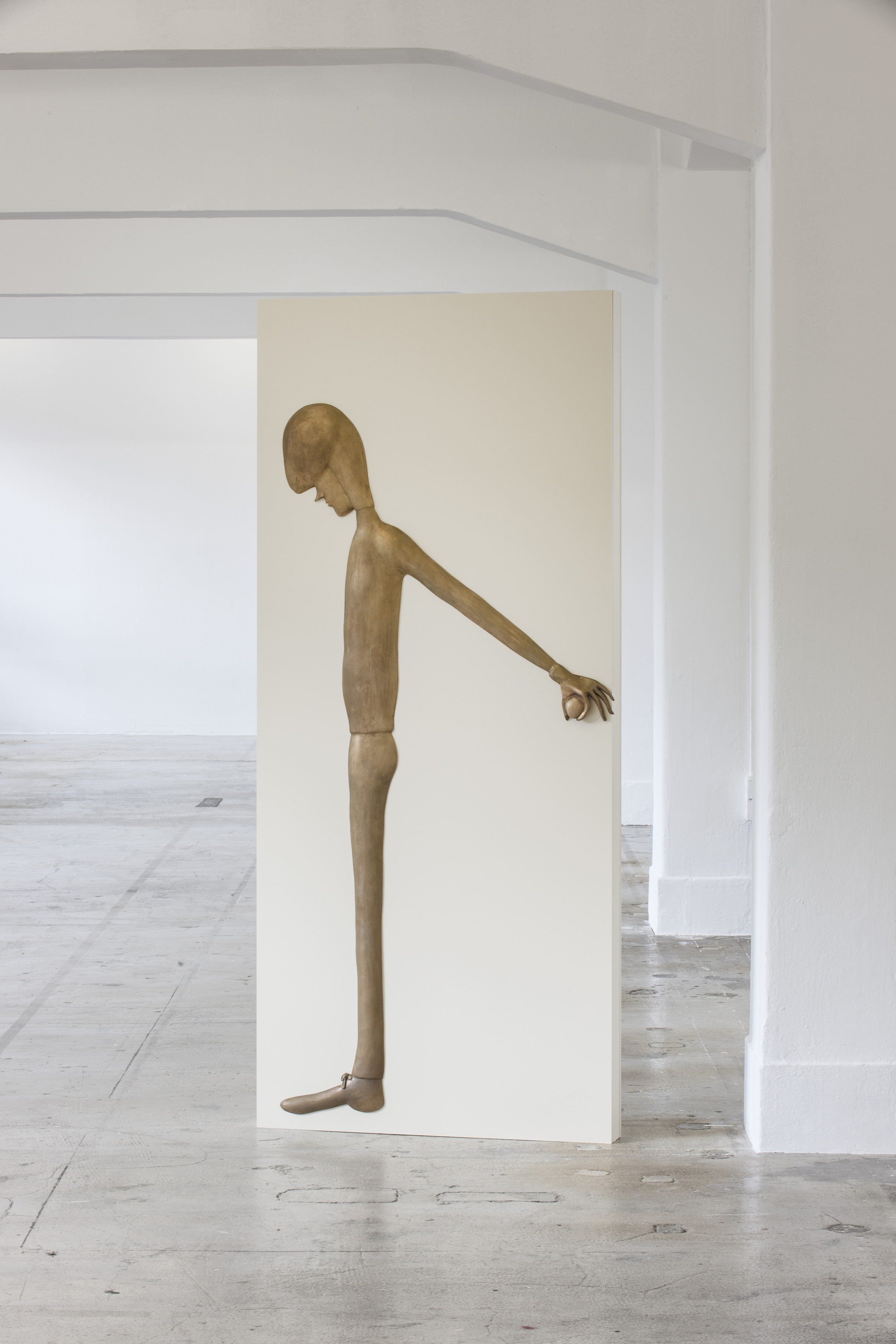
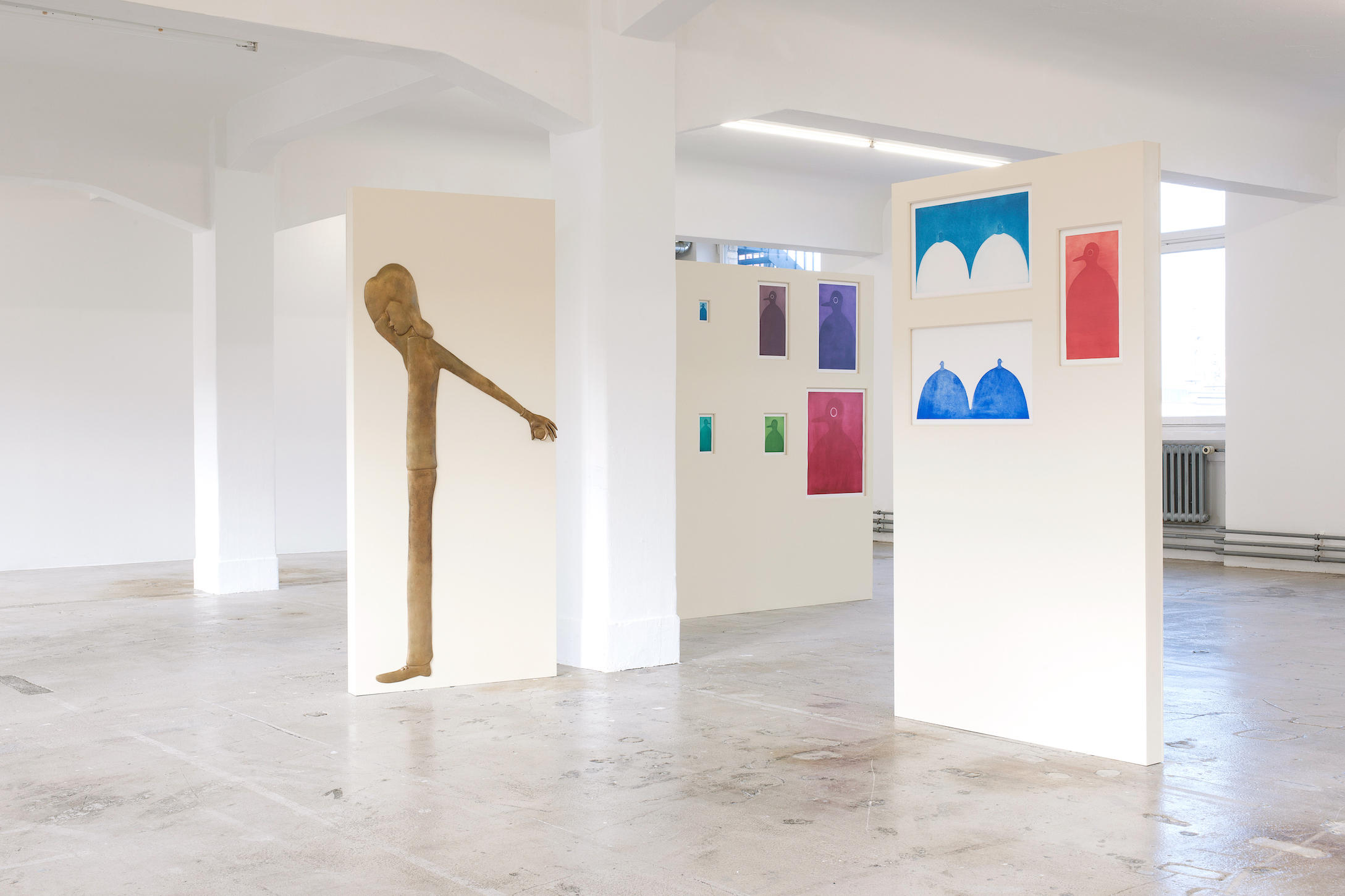
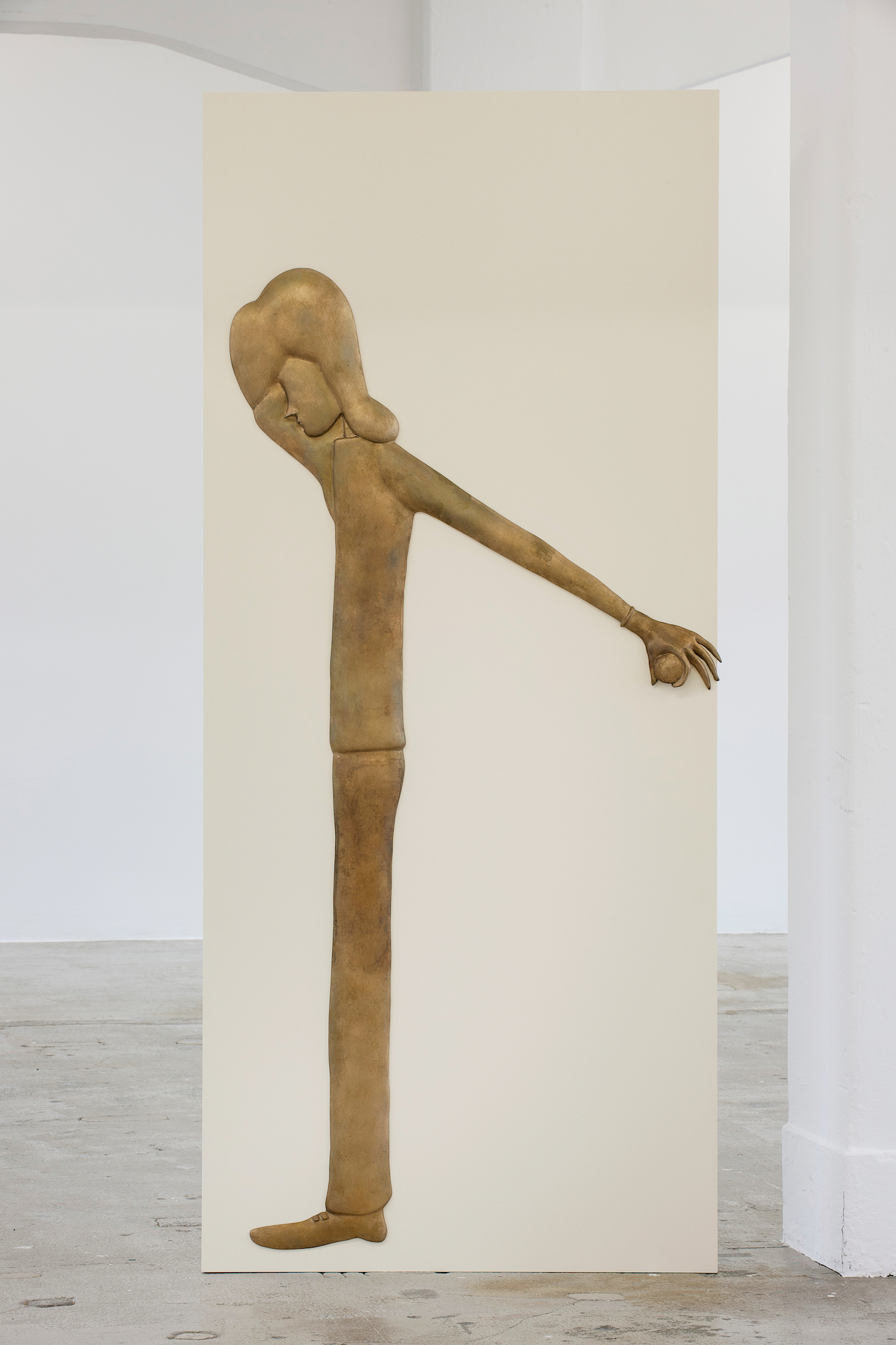
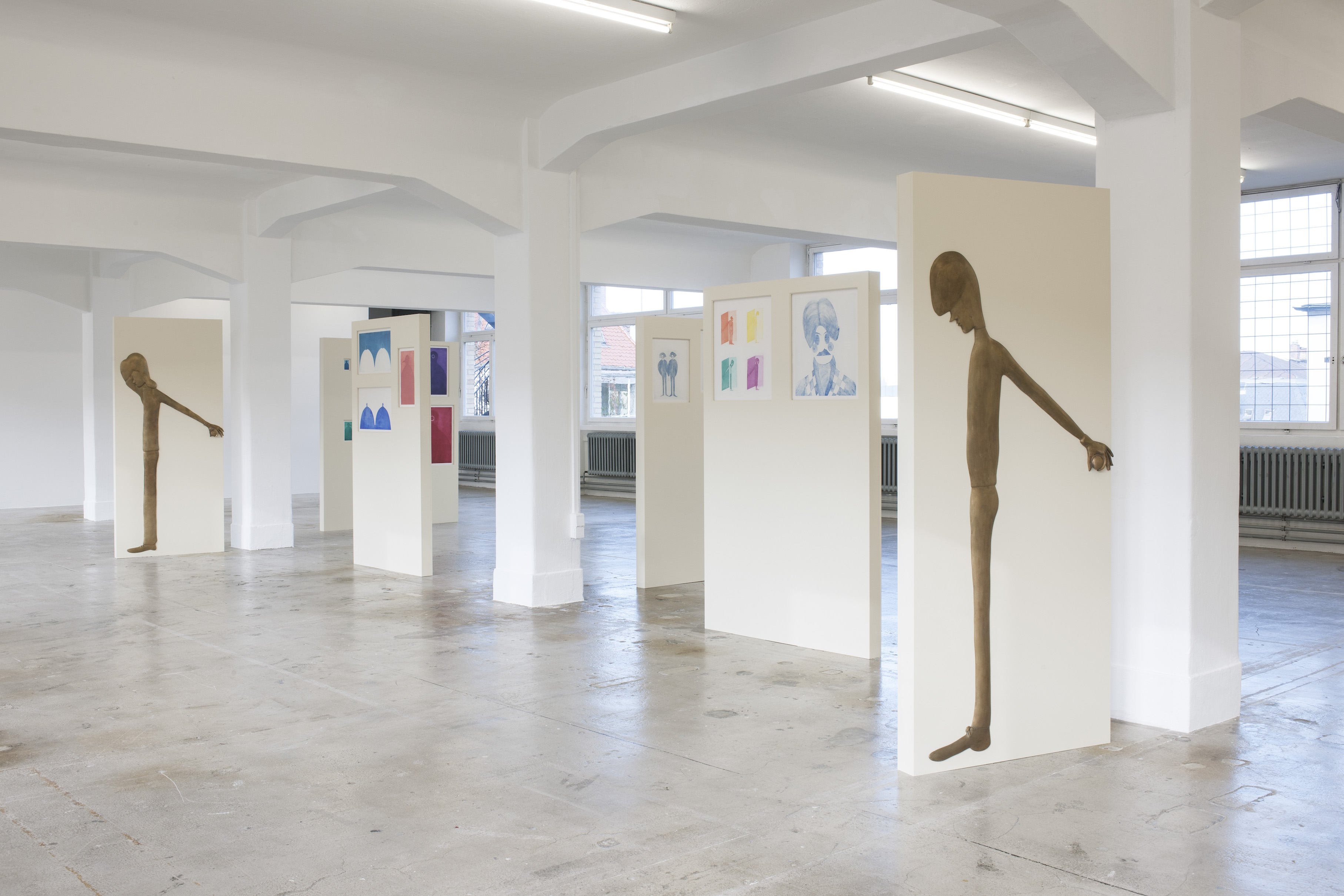
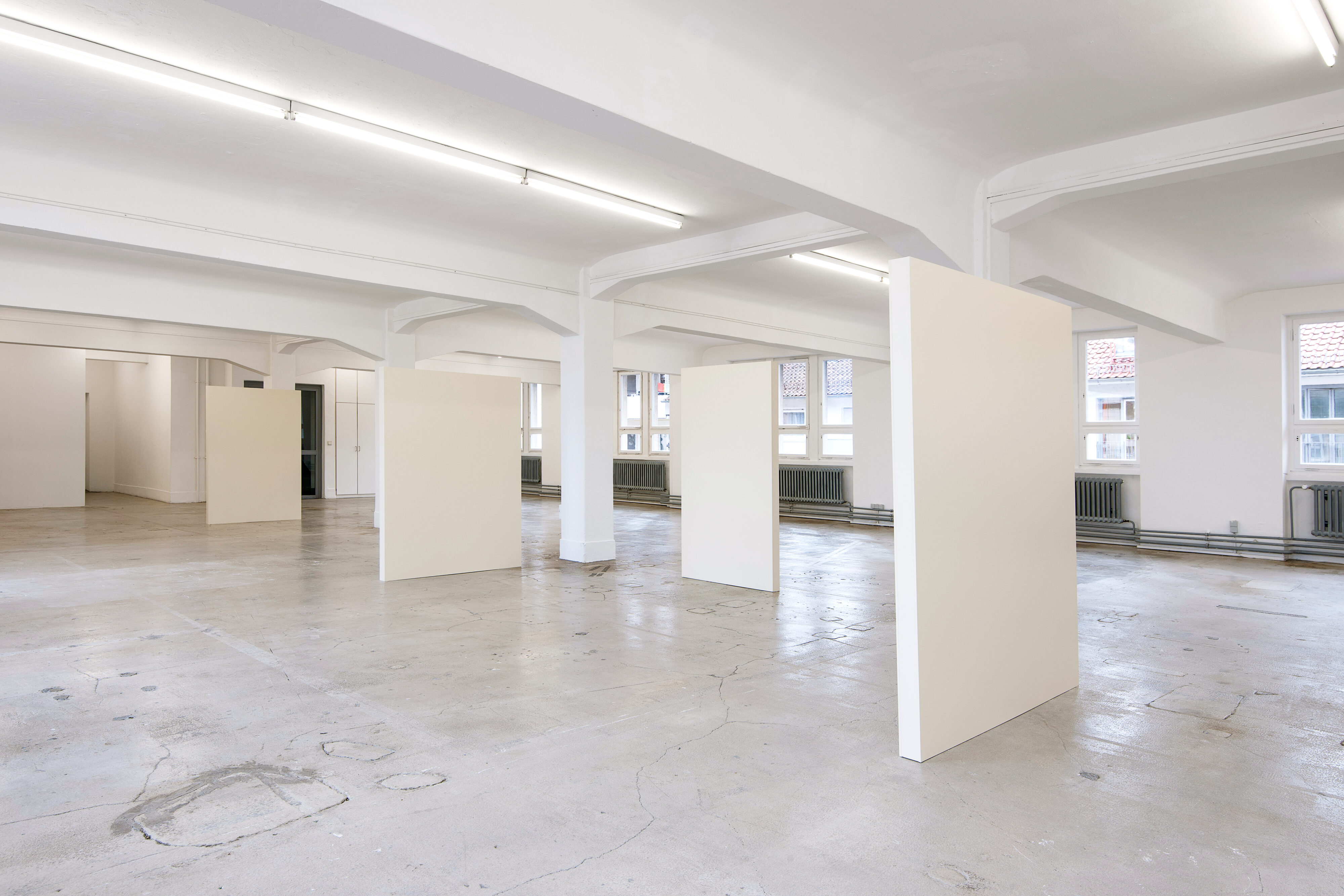
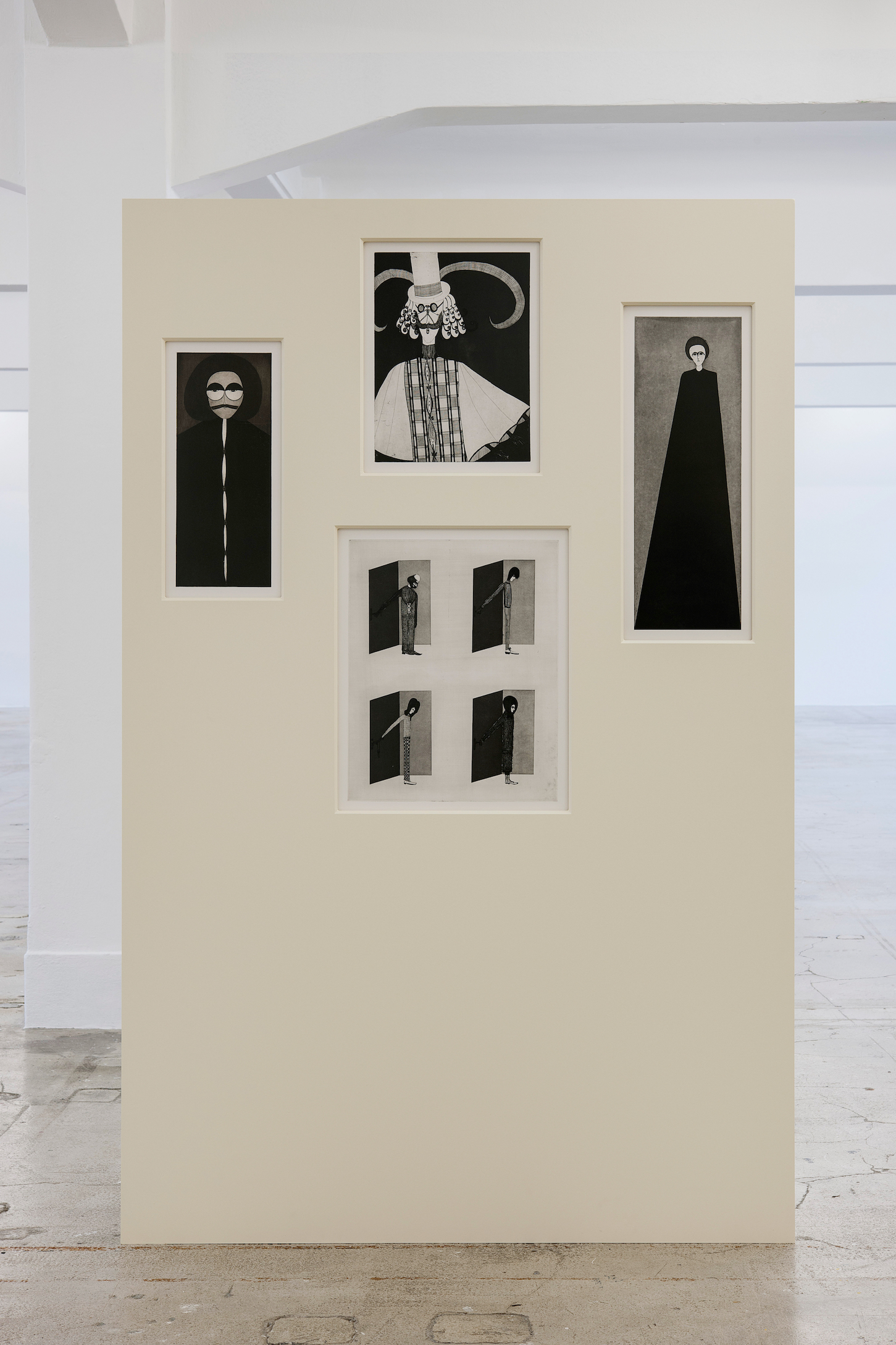
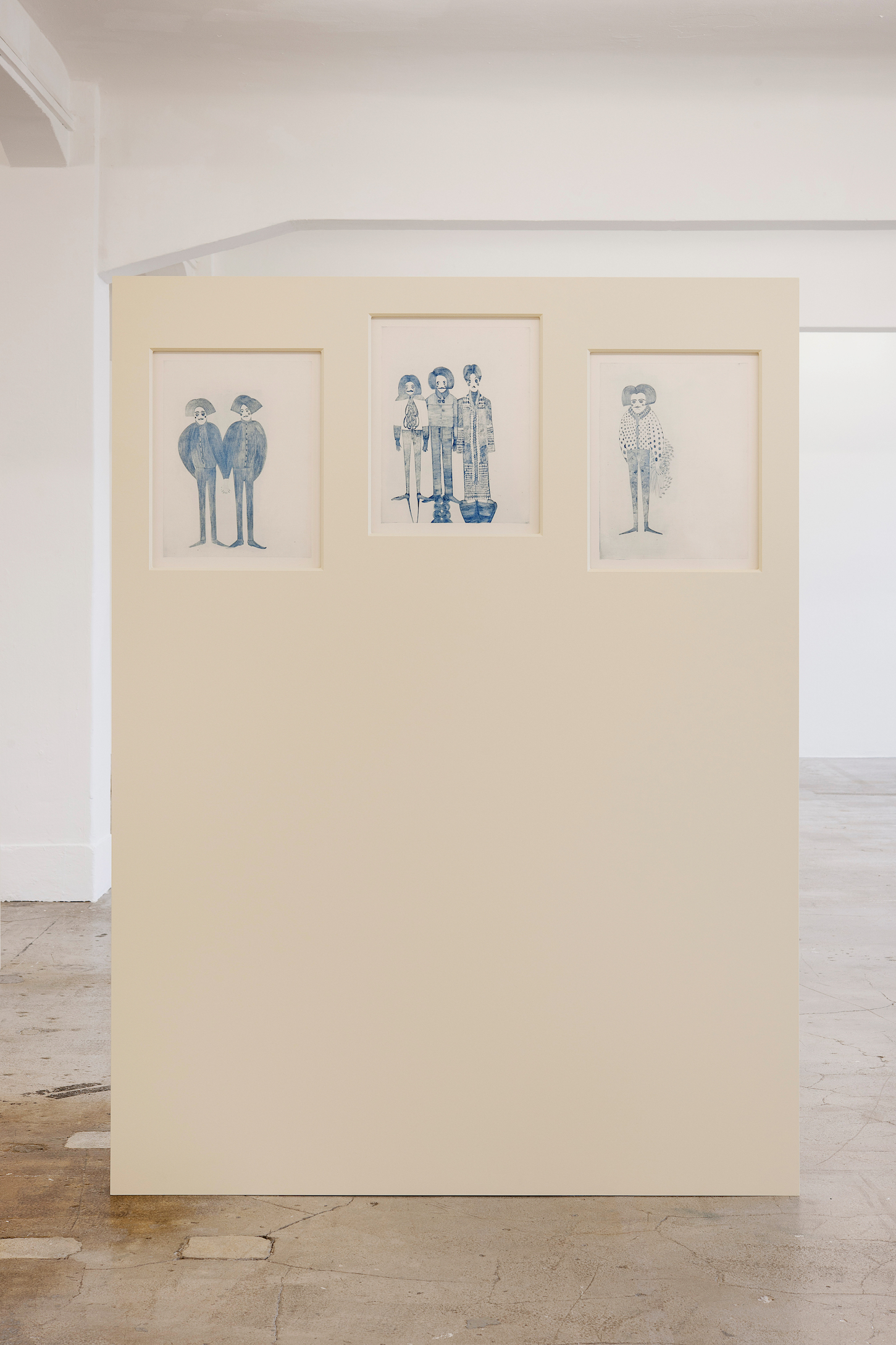
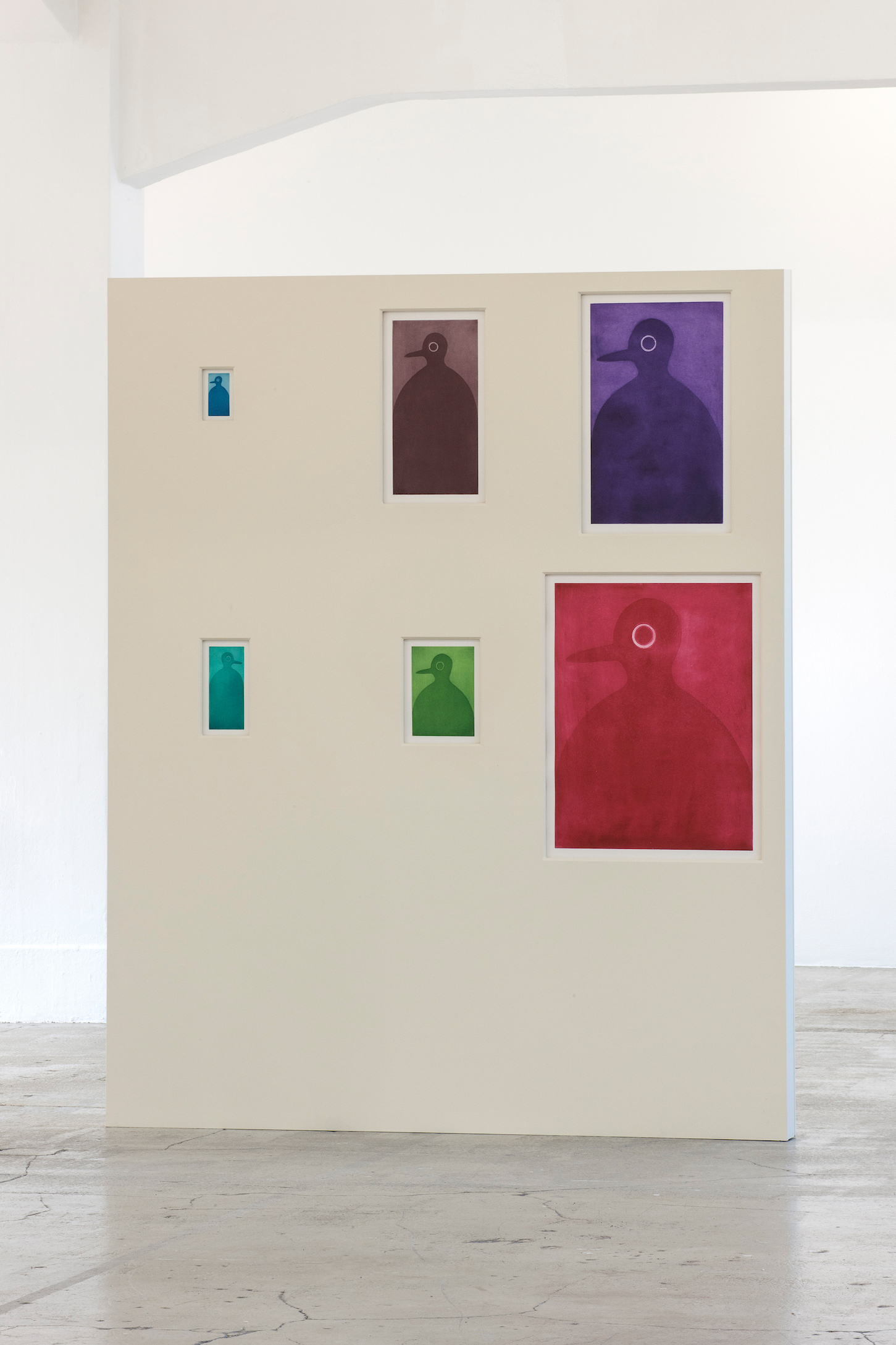
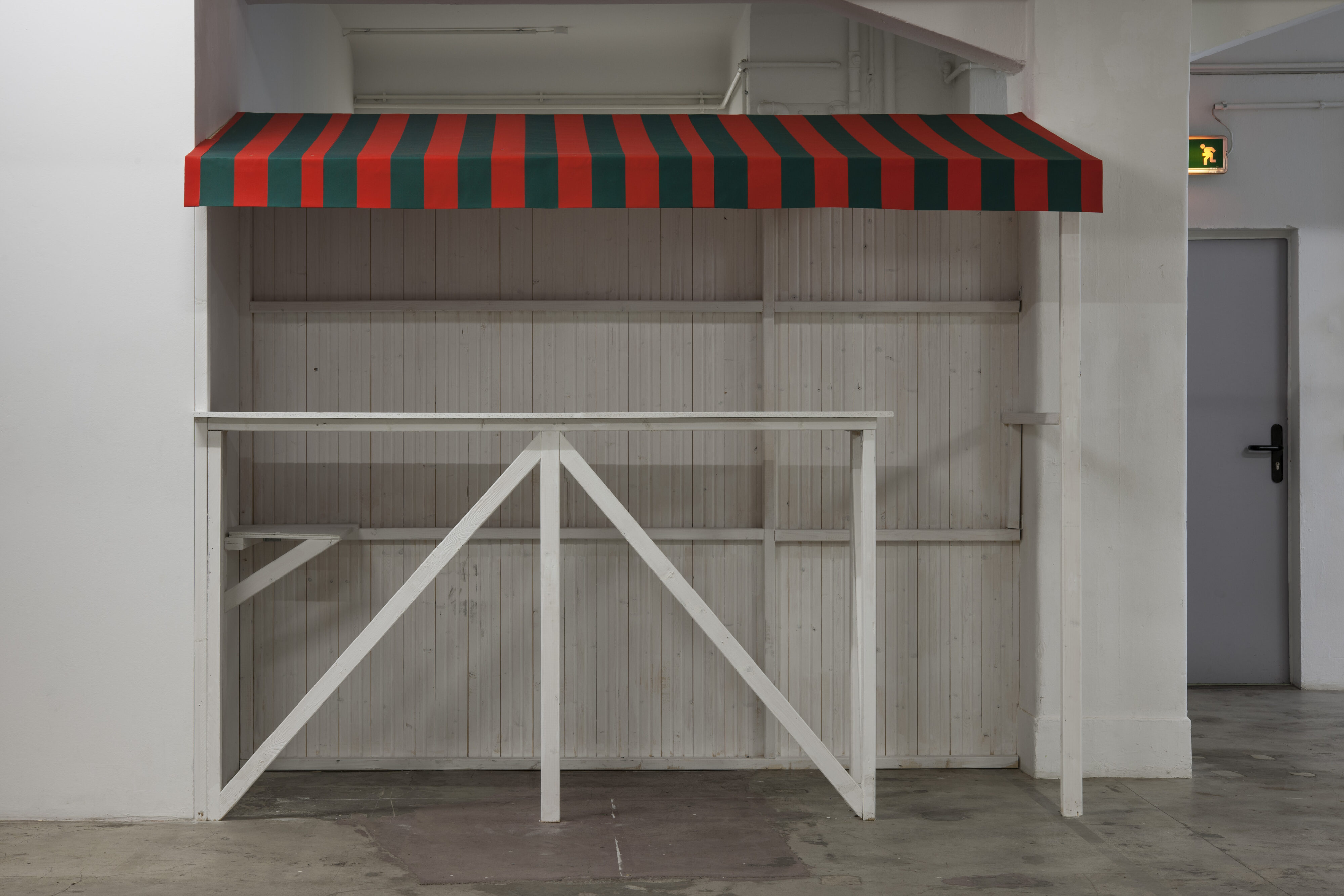
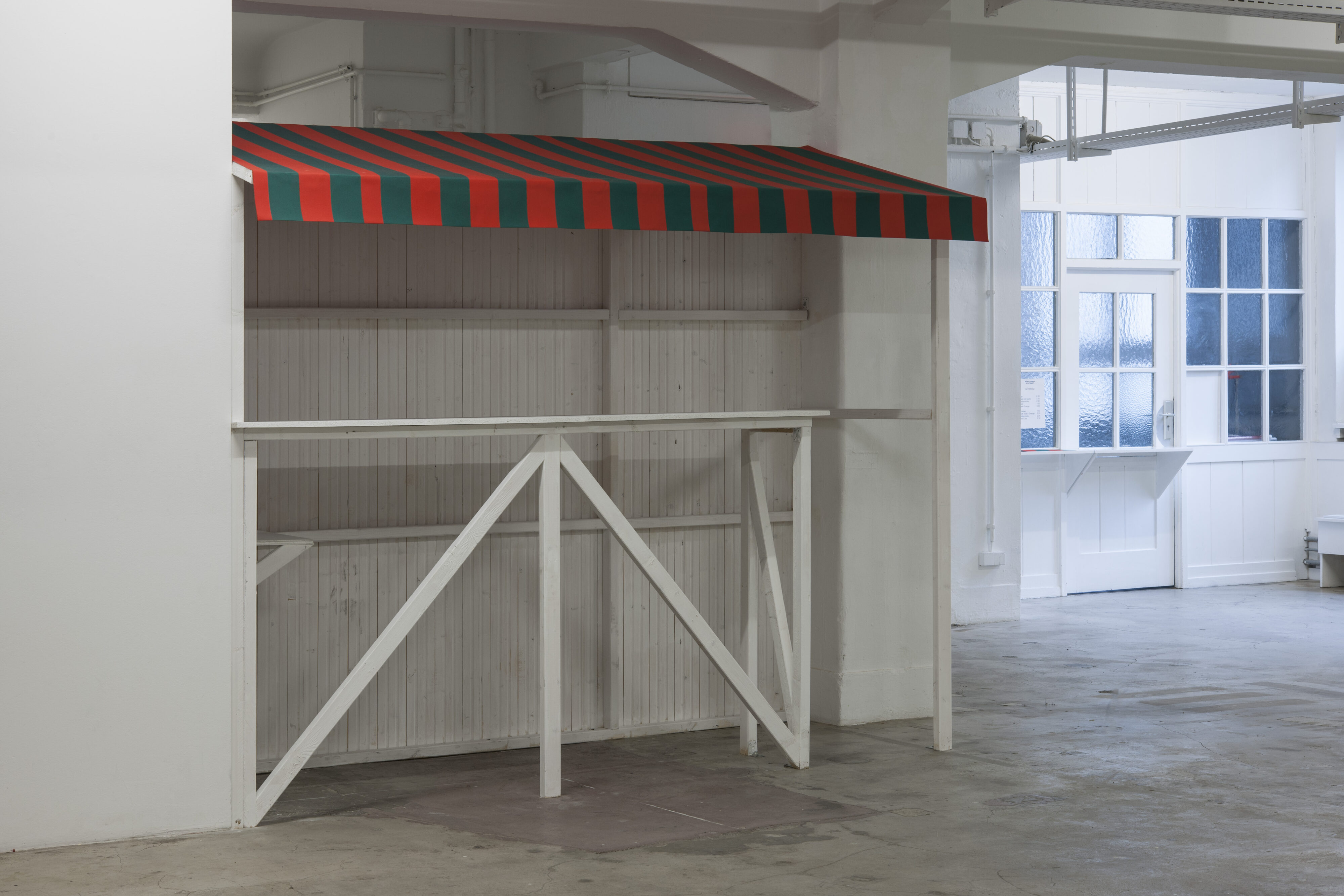
The Umbau Raum was a project and service by Nicolaus Schafhausen, running in the years between 1996–98 at Künstlerhaus Stuttgart. Operating without a fixed timeline and only partially defined in use, it was a space with furnishings and objects by artists, serving as a library, workspace, living room, and hangout.
The Umbau Raum as a site, but also as metaphor, is the starting point for this conversation between Schafhausen and Fatima Hellberg.
The evening is the first in a series of reflections and conversations drawing on the avant-garde legacy of the Künstlerhaus and some of the ways in which methods and attitudes of experimentation have been both extended and subverted, leading up to the anniversary of 2018.

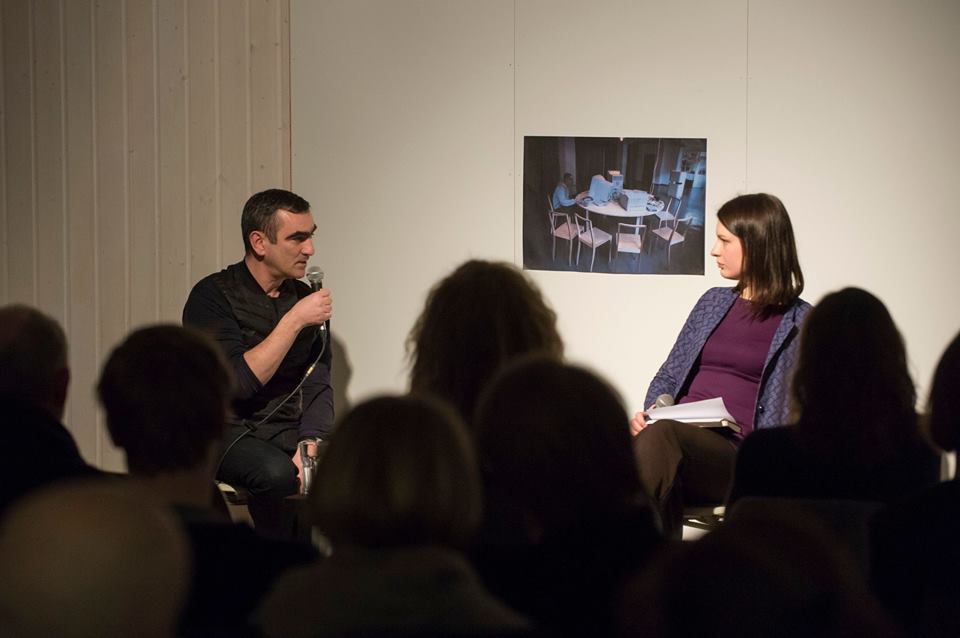
An offsite event as part of the launch of Techne at Theater Rampe.
Peppermint Park was an educational home video series produced in the 1980s by a group of investors seeking to profit off the narrative models that Sesame Street invented for educational children’s entertainment. The show features a cast of puppet characters who teach children various educational lessons, ranging from letters, numbers, colours, animals, and more. Growing up, a family friend had several copies of the VHS tapes and I remember being terrified of an unexplained dance sequence by a breakaway puppet dressed to look like a scarecrow (youtube.com/watch?v=RLq0XFmcTPE). A few years ago, clips from the show resurfaced online, and my relationship with the dancing scarecrow has shifted from horror to obsession.
In 2010 the physicist Aaron O’Connell and his colleagues proved that a strip of metal, visible to the naked human eye, can both oscillate and not oscillate at the same time. Essentially this means that objects, whatever their size, can be in two places at once. From here it starts to seem like existing means being inconsistent, while dying means becoming consistent. Or that classical logic – where things are either A or B, but never A and B at the same time – is being replaced by a quantum logic which says that all future possibilities exist in the present.
Any good theoretical physicist knows that their models of reality describe an aesthetic conceptual space in which matter is just information. In the words of O’Connell, “people have models of reality, and those models are descriptions, but they don’t get you any closer to the truth.”1 So the way things appear through physical causality takes place amongst a theatre of objects. This isn’t to say that there are screenwriters for our lives, just that every seeing, every measurement, is also an adjustment, a parody, a translation, an interpretation. And who could say that they never resort to narratives to make sense of things?
An entity moving towards death in quantum logic could be said to parallel the narrative convention of moving towards closure in cinema and literature. The frequency and duration of the action on the screen (plot) synchronises ever more tightly with the action in the chronological sequence of events (story). Let’s consider James Cameron’s science fiction actionthriller Terminator. In the year 1984, the Terminator arrives from the year 2029 to assassinate the film’s protagonist Sarah Connor. The entire movie consists of this pursuit, and ends when Sarah destroys the Terminator in a hydraulic press. Plot and story arrive at a 1:1 ratio – a consistency – and the viewers leave the theatre hypnotized by an amorous distance.
Resolution, transformation, development – the screens of cinema and television demand expressions of novelty. What this content emerges from and reproduces is a loop form – an aimless infinity of commercial product cycles concealed behind fresh faces and fashions. But in the exhibition space, the infinite causal loop becomes a narrative technique that can thrive on the surface. It is looping before anyone arrives and after everyone leaves. The loop of the narrative becomes a literal object.
I’m not trying to say I feel particularly liberated as an artist. And I’ve thought about buying a boat and learning how to fish so that I could eat the sea and drink the rain, free from the obligations that a rental apartment and an occupation require. But perhaps that red herring fishing lure I keep to serve as a reminder of this potential has me fooled, as a red herring would in a movie, to think that I would actually feel more free. Perhaps I should invest in a future and start saving and owning, instead of sleeping in living rooms and unfamiliar beds, all just to make things that no one can use.
Is a refrigerator a MacGuffin, a technique people use to orient narratives of economic growth, technological progress, and family values? A product to repeatedly fill with more products? If I had kids, would the fridge be the reason they stuck around? And when they didn’t need me anymore, would they love me in the same way? Would they fantasise about my death and receiving their inheritance? Never mind that, I am not that person right now. And either way I’m a straw man – a fallacy, a contradiction – just trying to get through this dog dick of a day. Perhaps there are many more days… even if it were entirely up to me I wouldn’t be so sure. I start to imagine the infinity of death and panic. I tremble from within this closed loop of thought, but feel connected to everyone else who has ever existed because of it. Being a person means being paranoid that I might be a puppet, and being an artist means making things that you want to see exist, to defy that paranoia, by communicating past anything you could rationally explain away.
1 Aaron O’Connell, “Struggling with Quantum Logic: Q&A with Aaron O’Connell” www.blog.ted.com, 2011 (accessed 19 Aug 2016)

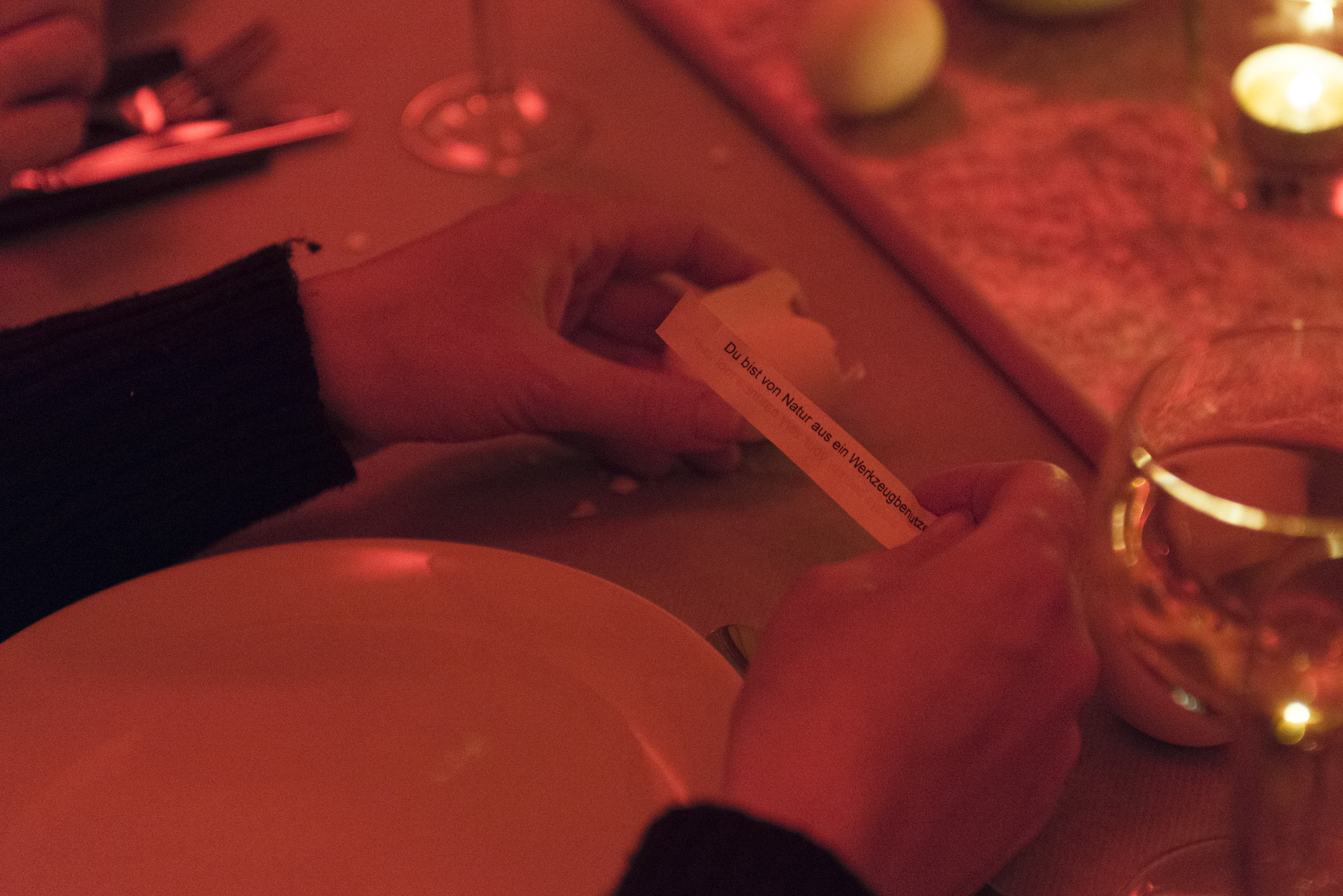
An evening with Max Boss and Stine Omar a.k.a. Easter at the Neue Schachtel – an offsite performance of the exhibition Hamlet at Künstlerhaus Stuttgart.
Neue Schachtel
Innerer Nordbahnhof
70191 Stuttgart

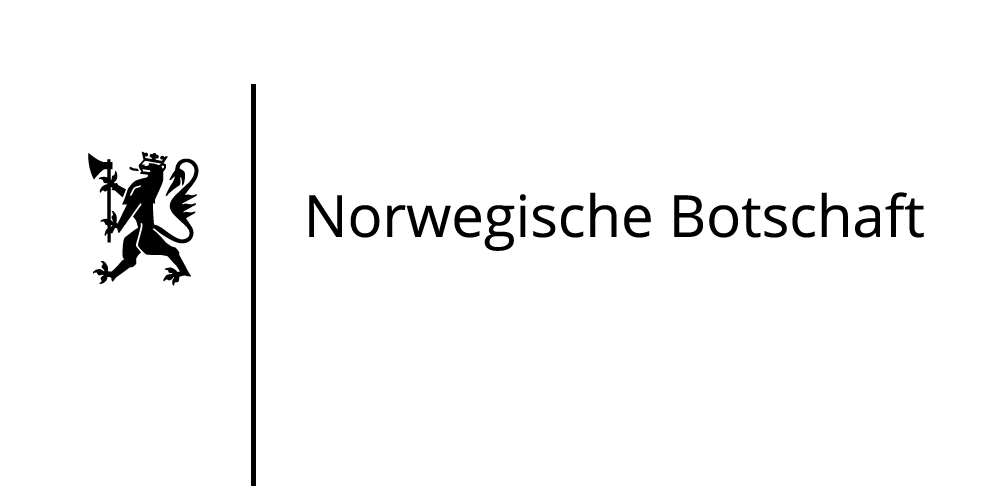
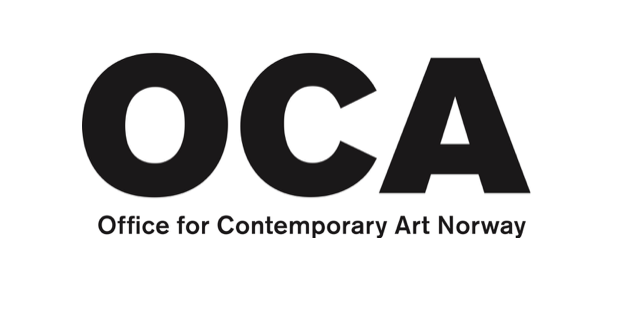
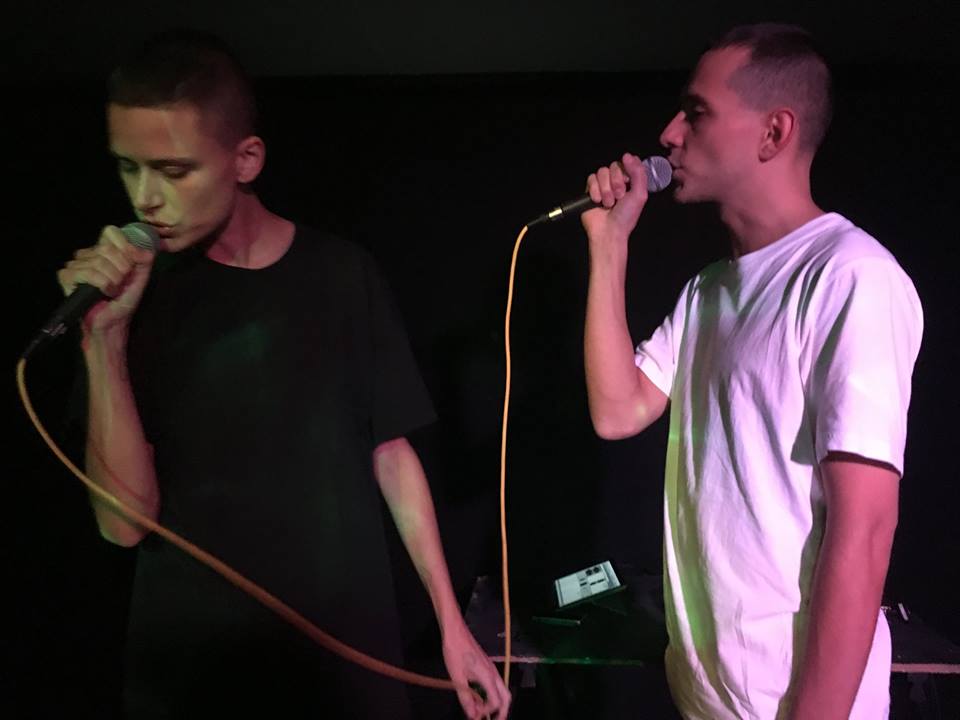

The evening is part of Mixed Feelings, presented by anorak at Künstlerhaus Stuttgart.
It’s hard to know what we institute when we don’t institute but we do know what it feels like.
– Stefano Harney and Fred Moten
Confusion, exhaustion, boredom and often bitterness is a two-part conversation with Alkisti Efthymiou looking at the affective reality of work in precarious (almost) institutions. The evening, set around an artificial campfire, will start with Alkisti sharing her experience and thoughts on her long-running involvement with the Athens Biennale. In this first part, Alkisti will attempt to express the inherent contradictions associated with, on one hand, a commitment to keep on believing in such an institution’s critical creative potential while at the same time struggling with frustratingly unstable conditions of work.
These thoughts will set the framework for a conversation around issues of precarity in a present of ‘crisis’ as ordinary and inscribed in the everyday; about why it feels so difficult to ‘institute’ when there is no way to know that – or what – we are instituting.
Mixed Feelings is hosted and curated by anorak, in collaboration with Künstlerhaus Stuttgart and Palermo Galerie. Taking the form of a dinner, a screening, a conversation, and an exhibition, Mixed Feelings is centred around daily experiences and routines as ways of relating to a shared social sphere – the everyday as an atmosphere.
The exhibition at Palermo Galerie continues until 25 October and is open by appointment.
Kindly supported by Stiftung Kulturwerk and LBBW-Stiftung

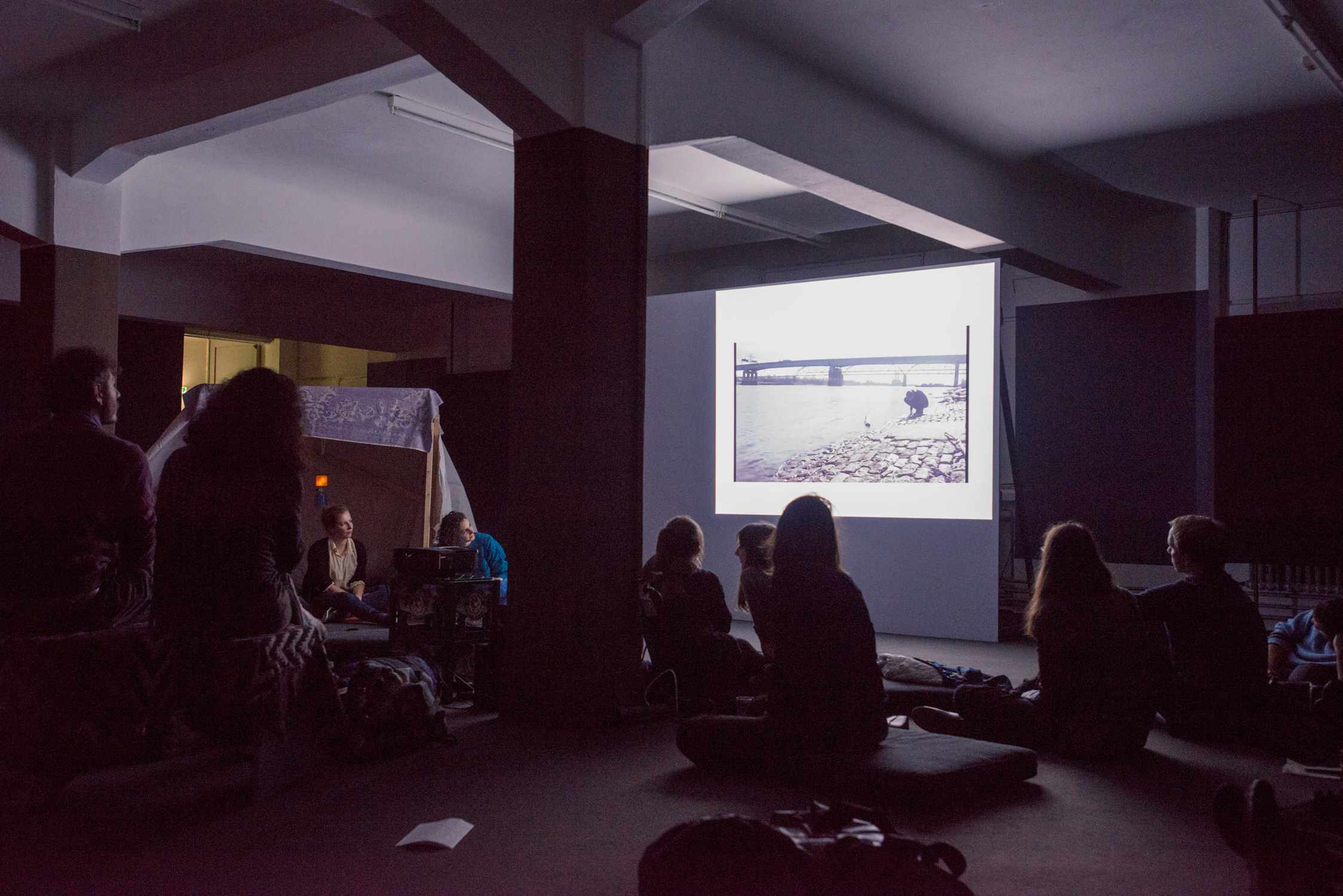
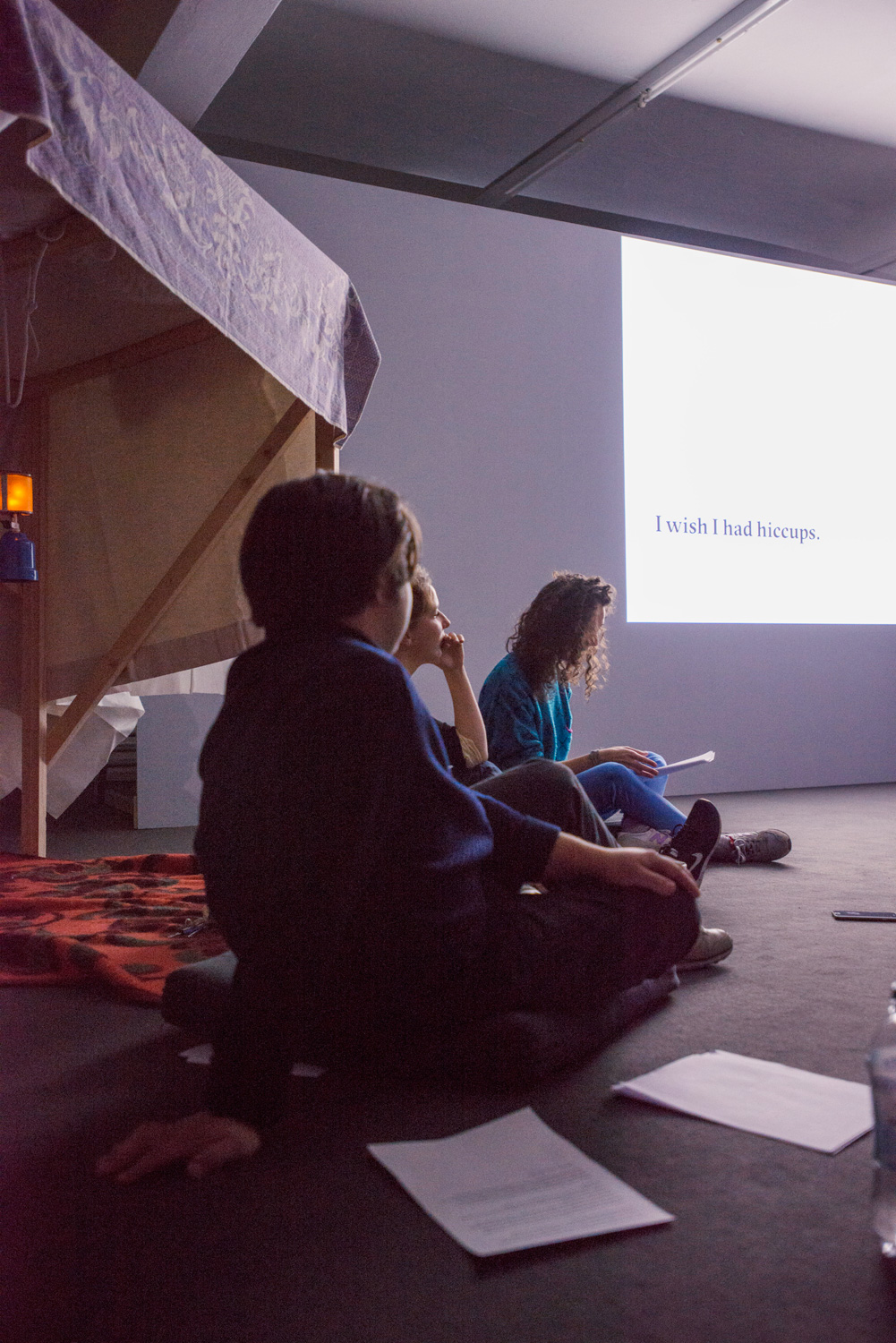
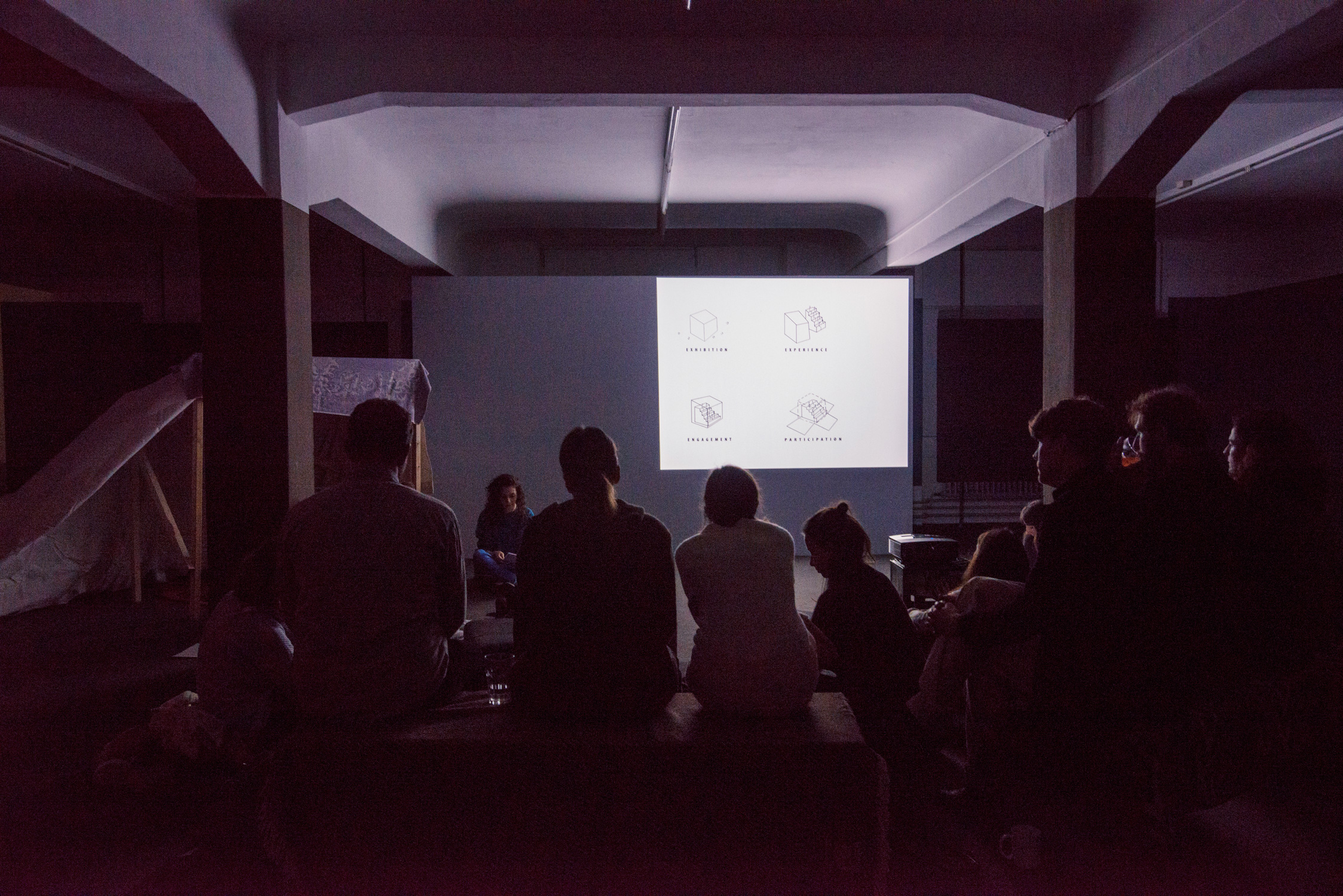
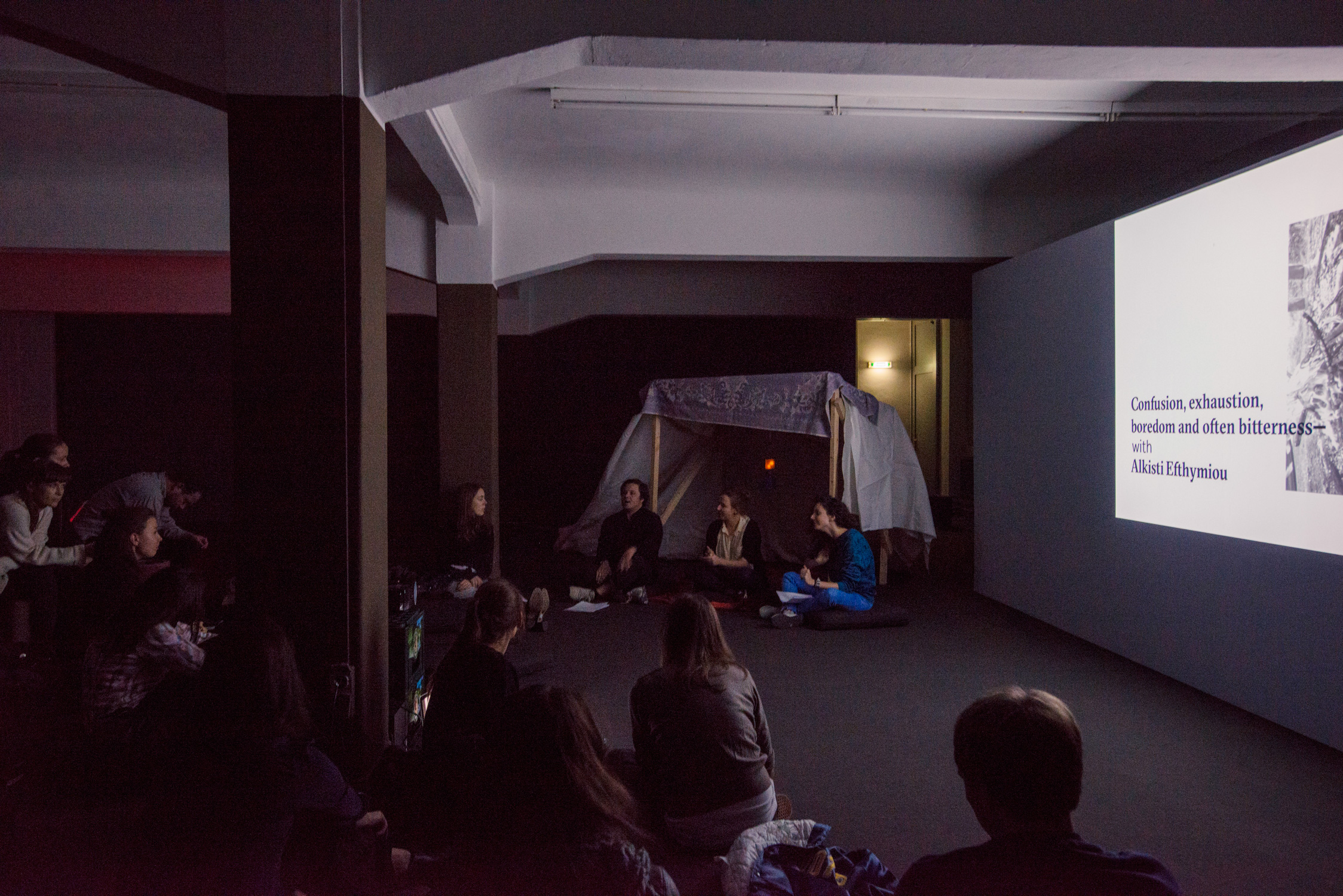
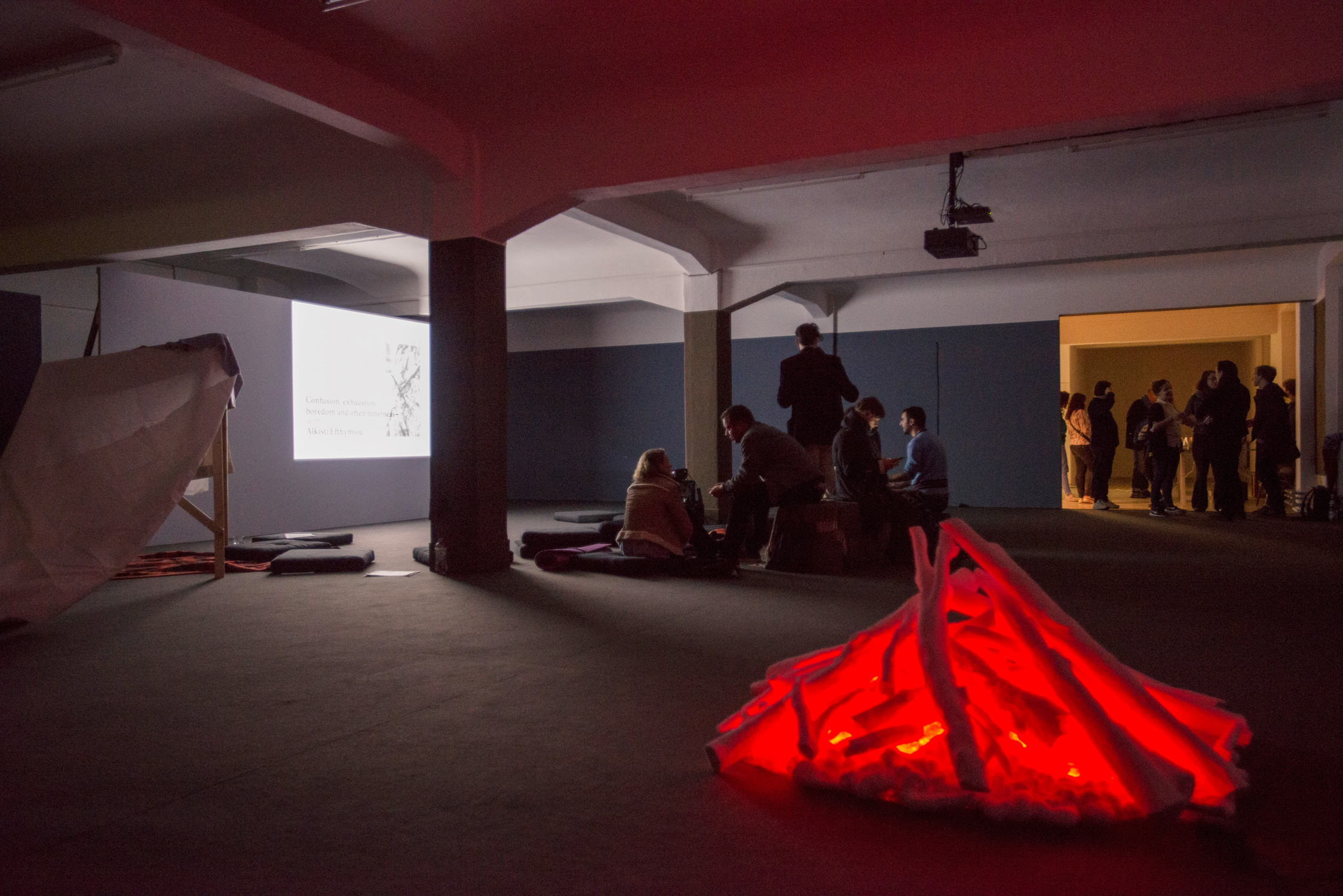
Hamlet is a group exhibition departing from a synonymous work by Swedish artist Richard Vogel. Taking the form of a video-assemblage of found and staged footage, Vogel’s version of Hamlet (1997) is a melancholic and wry meditation on what it means to order a life. In his work, there is a continuous and ambivalent attention to the slippages between desire and survivalism – of the ways in which living, and especially living together, always involves attending to that which exceeds the necessary, but is still crucial. The tragedy as a designation in Vogel’s Hamlet is the on-going and troubling prospect of trying to arrive at a form of life which can not only be tolerated, but described as a purposeful, perhaps even good, life.
This negotiation, and its pleasures and burdens, runs through the works in the exhibition, including that of filmmaker and playwright Marie-Louise Ekman’s Barnförbjudet / Adults Only (1979). The characters of Ekman’s work continuously speak across, over and beside each other, seeking and only momentarily finding ways of being together. How do we approach contradictions that seem shameful or disputable, or awkward, or uncomfortable? The tragedy is a container, a place where contradictions can unfold, be externalised and observed: a question of intimacy and distance that holds a key role in the works in this exhibition and its form.
In the show, there is a series of spatial shifts and props conceived between artist Annika Eriksson (mother) and Künstlerhaus’ artistic director Fatima Hellberg (daughter), alongside additional moving image work by: Robert Ashley, Stephan Dillemuth & Nils Norman, Trisha Donnelly, Richard Vogel, and Marie-Louise Ekman with Kristina Abelli Elander.
With an offsite performance by Easter, Saturday 22 October, 10pm at Neue Schachtel, Innerer Nordbahnhof, 70191 Stuttgart.

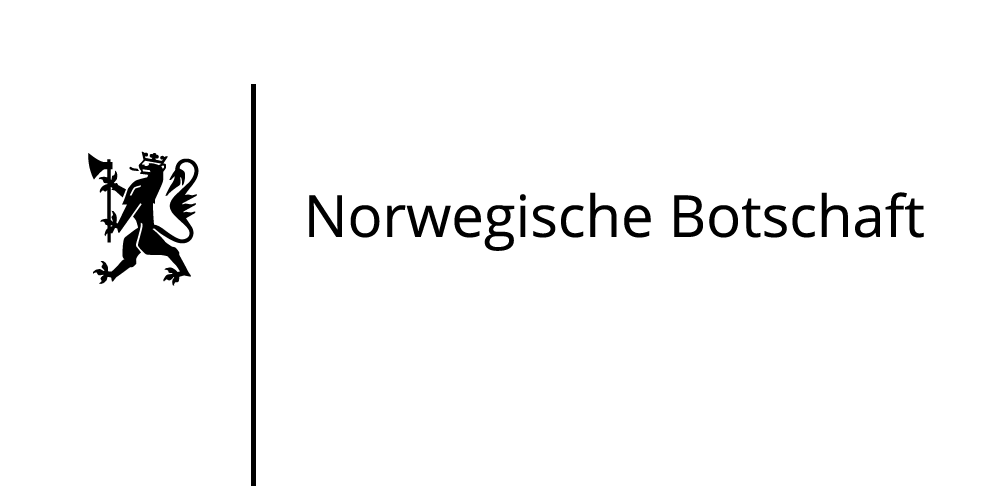

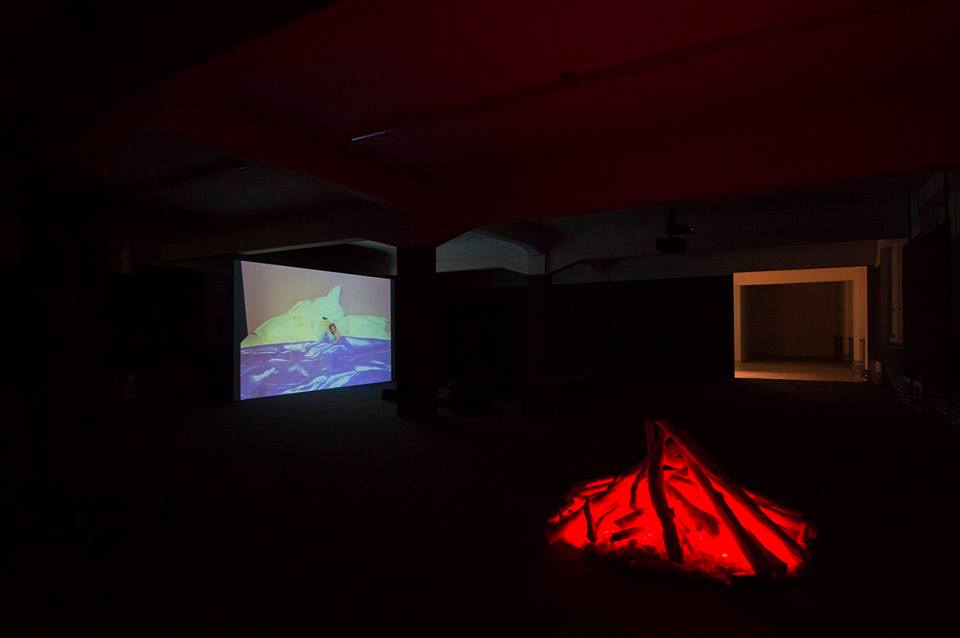
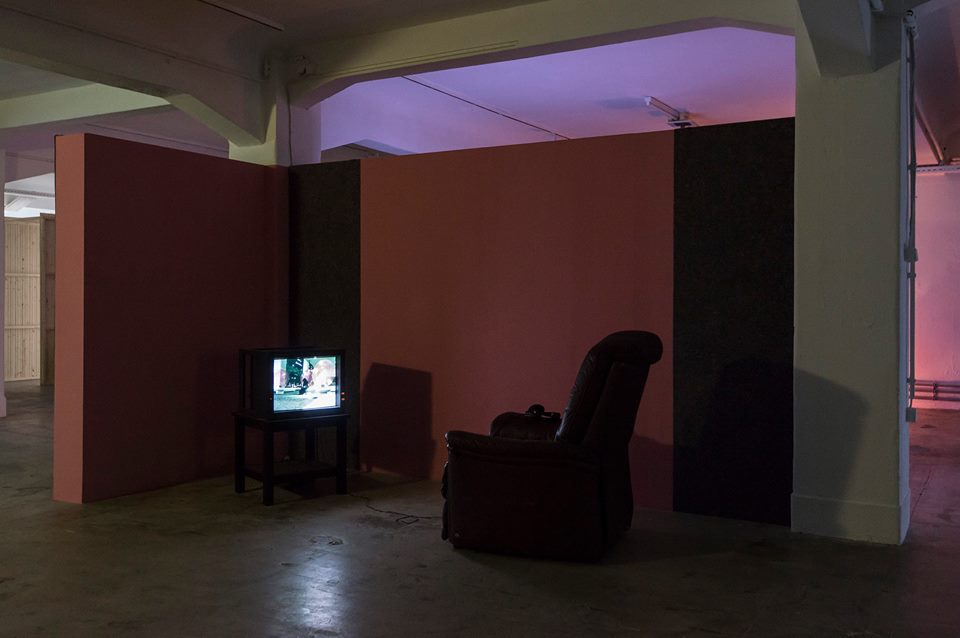

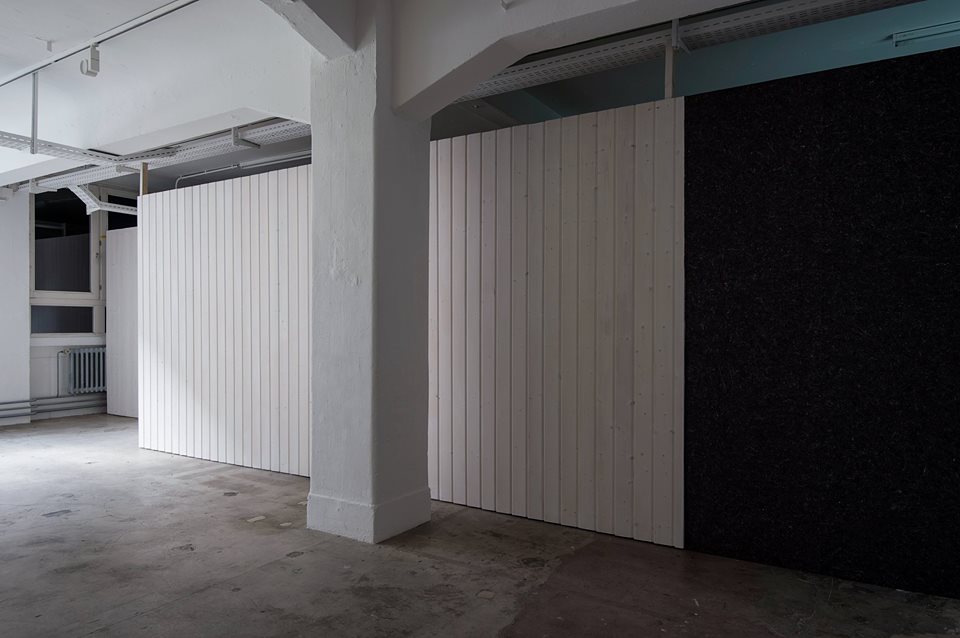


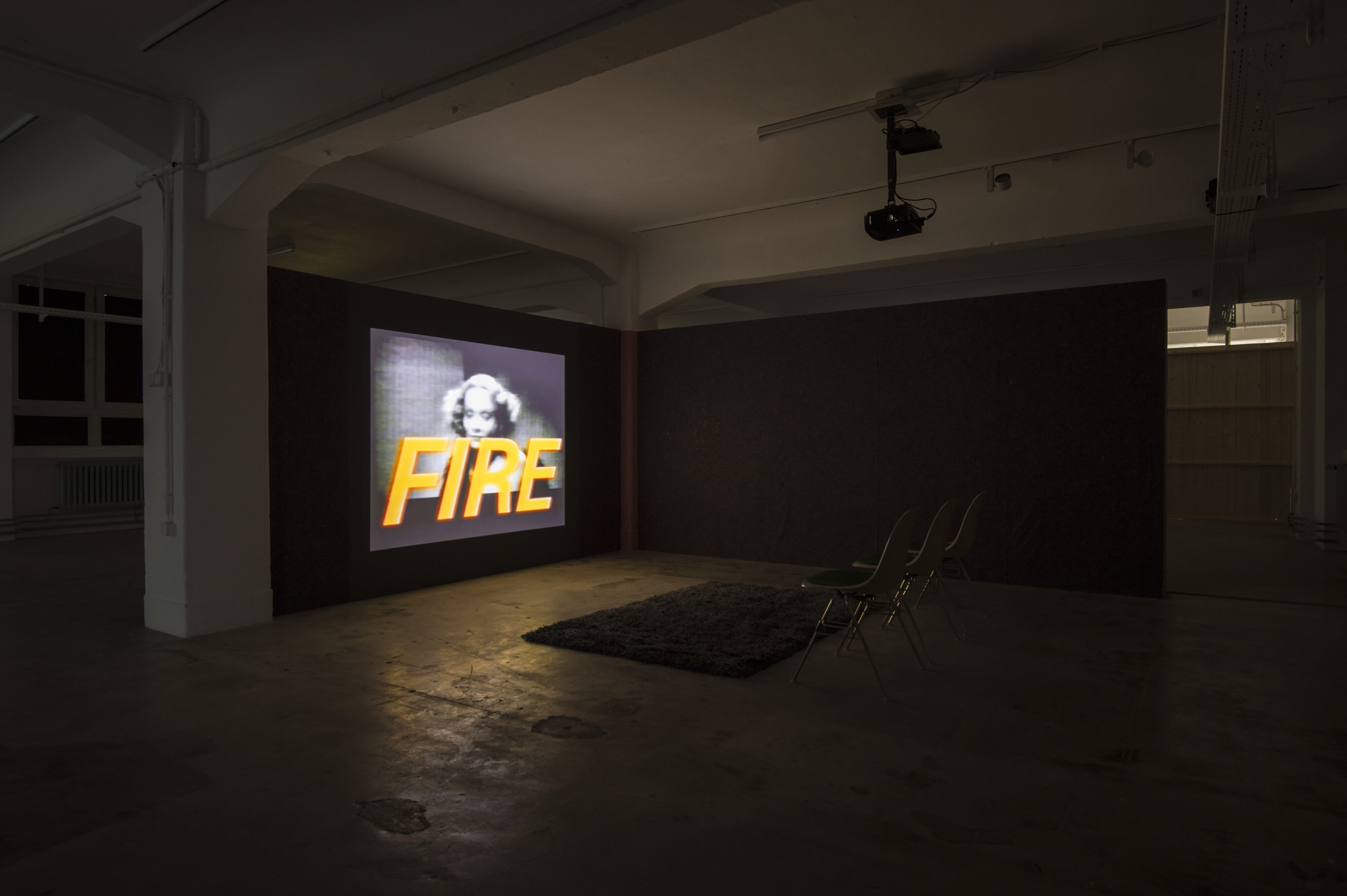

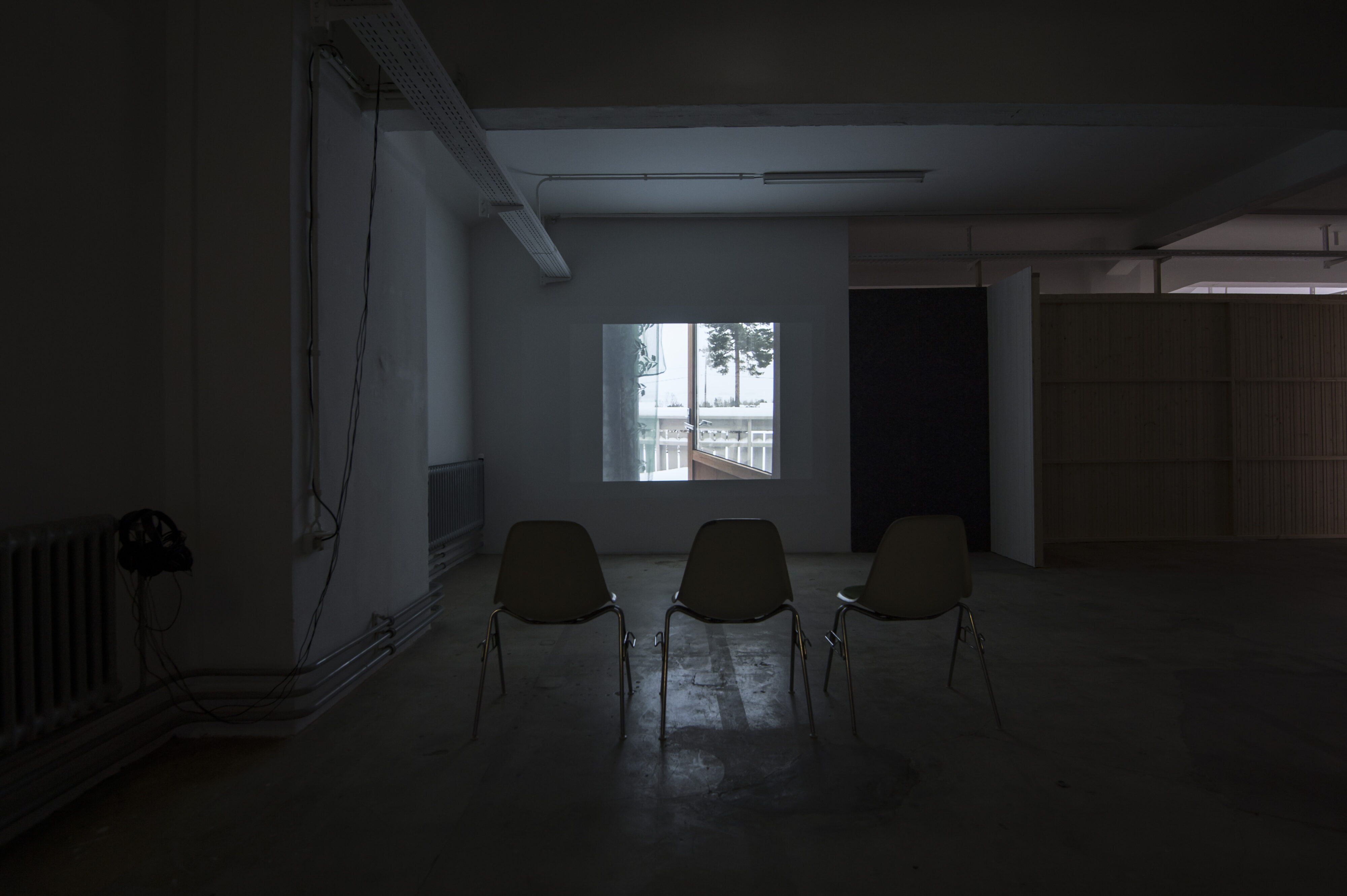
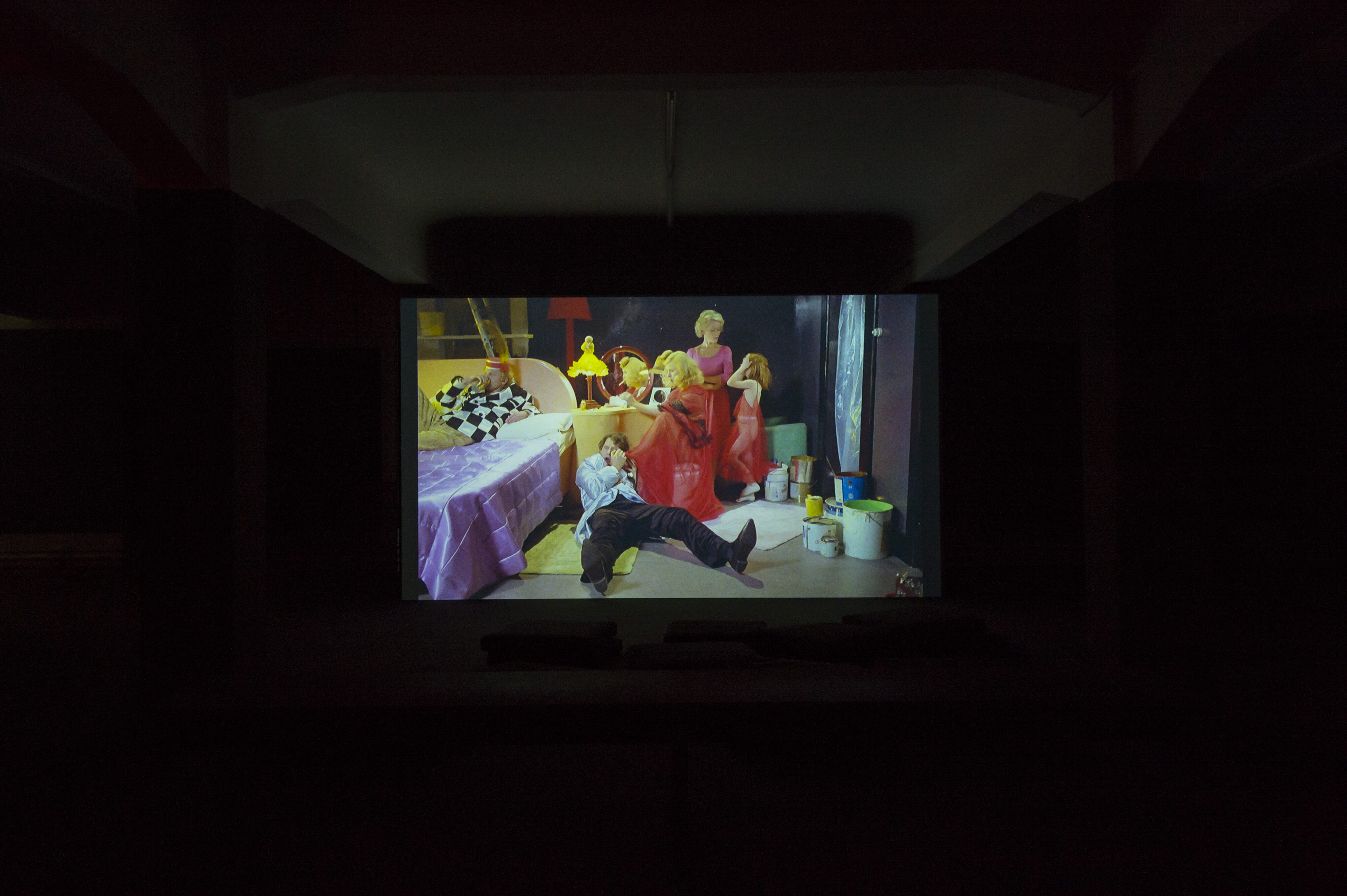
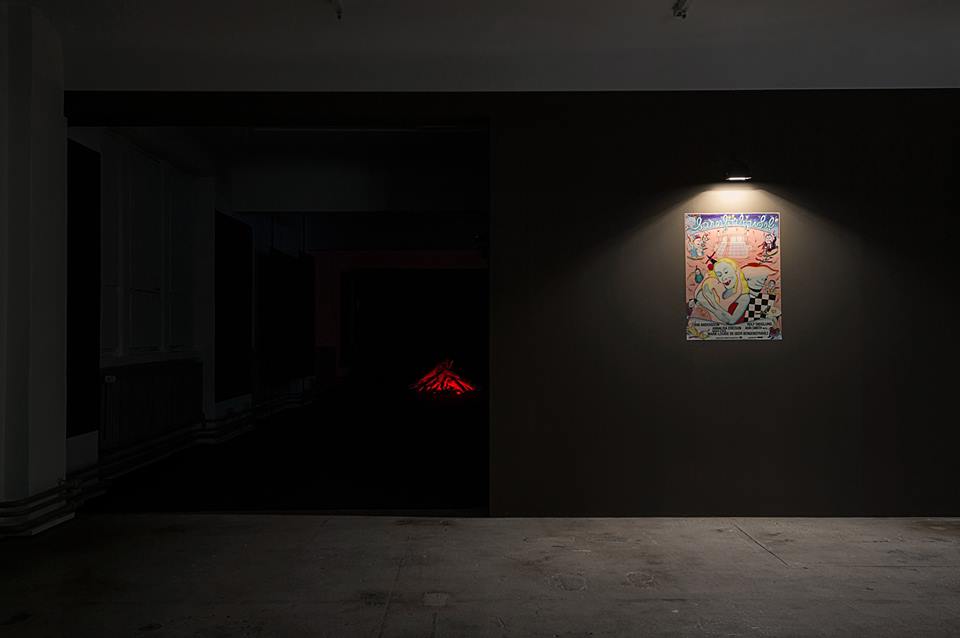
Biergarten Tschechen & Söhne
Karlshöhe
An outdoor cinema on the Karlshöhe hill on Sunday 11th September with:
Sören Hiob’s
Light that Burns, 2014
The (Hair) Cut, 2014
Stay Still, 2010
Still Jungle, 2016
Green Introduction, 2016
Screening note: It would be confusing. Unforgivable. A great adventure.
The Freiluftkino takes place every year, in the final days of summer, overlooking the south valley of the city.
7 Types of Ambivalence is a dinner and conversation with Mike Sperlinger. The evening is the first of Mixed Feelings, presented by anorak at Künstlerhaus Stuttgart.
Do feelings mix like drinks? Is Fremdschämen the opposite of Schadenfreude? Do we ever have unmixed feelings about contemporary art? Is ambivalence really the better half of irony? What is the difference, actually, between ambiguity and ambivalence? Should we feel ambivalent about misquoting William Empson for the title of this event? These are some of the questions which we might choose to discuss during a dinner prepared for us with special ambivalence, in which each course will be prefaced by a short presentation on subjects which we possibly care about more than we pretend to.
Kindly supported by

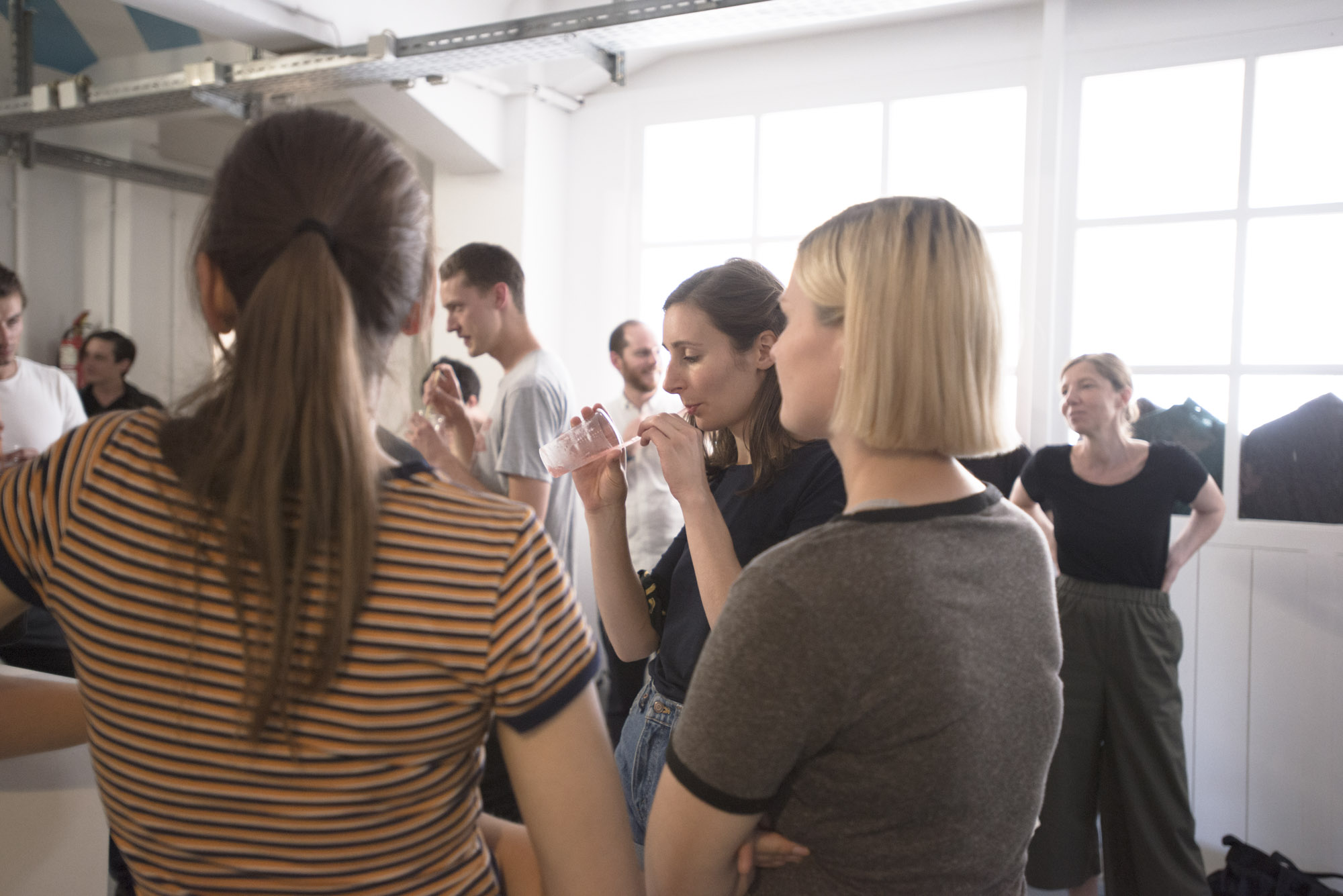
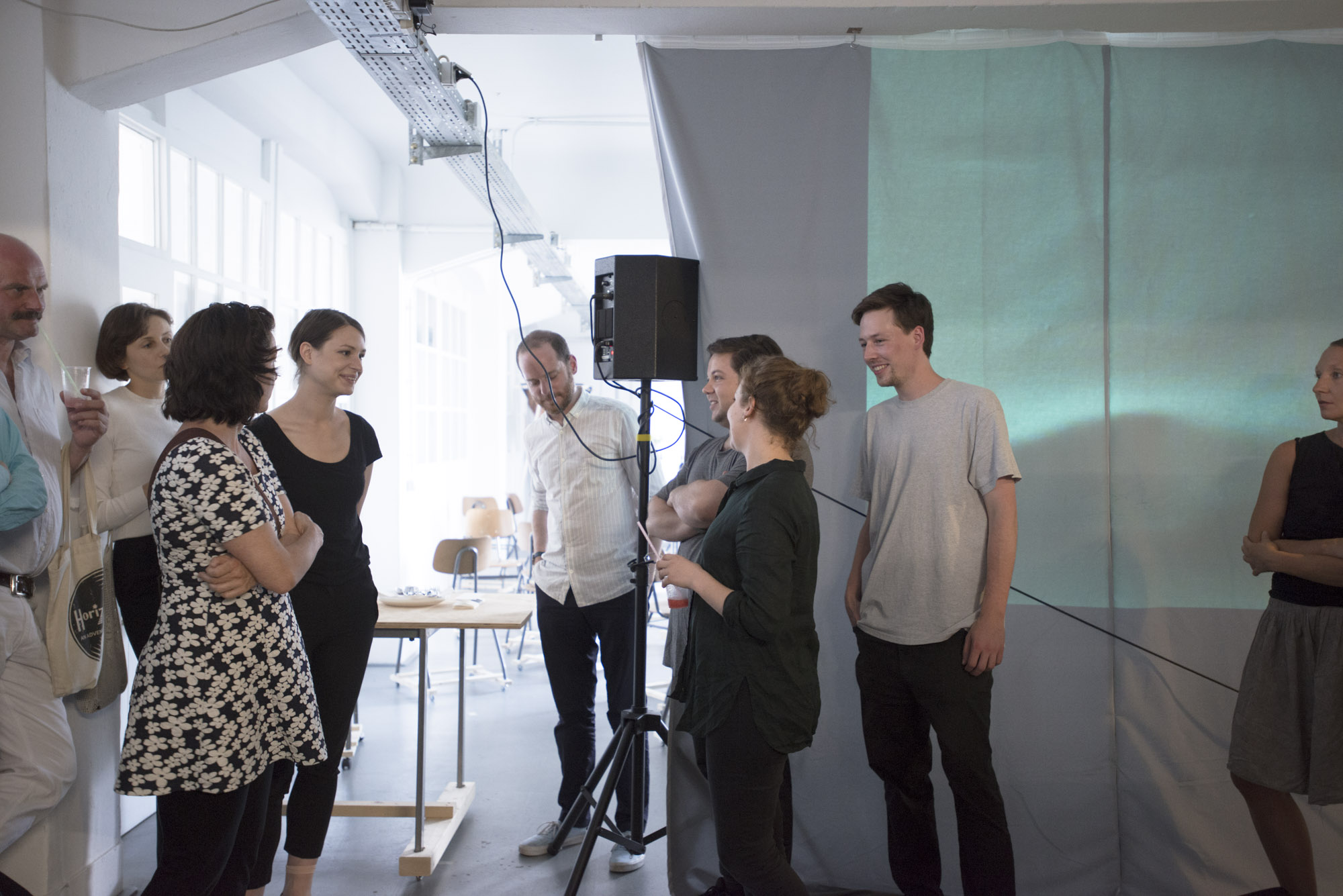

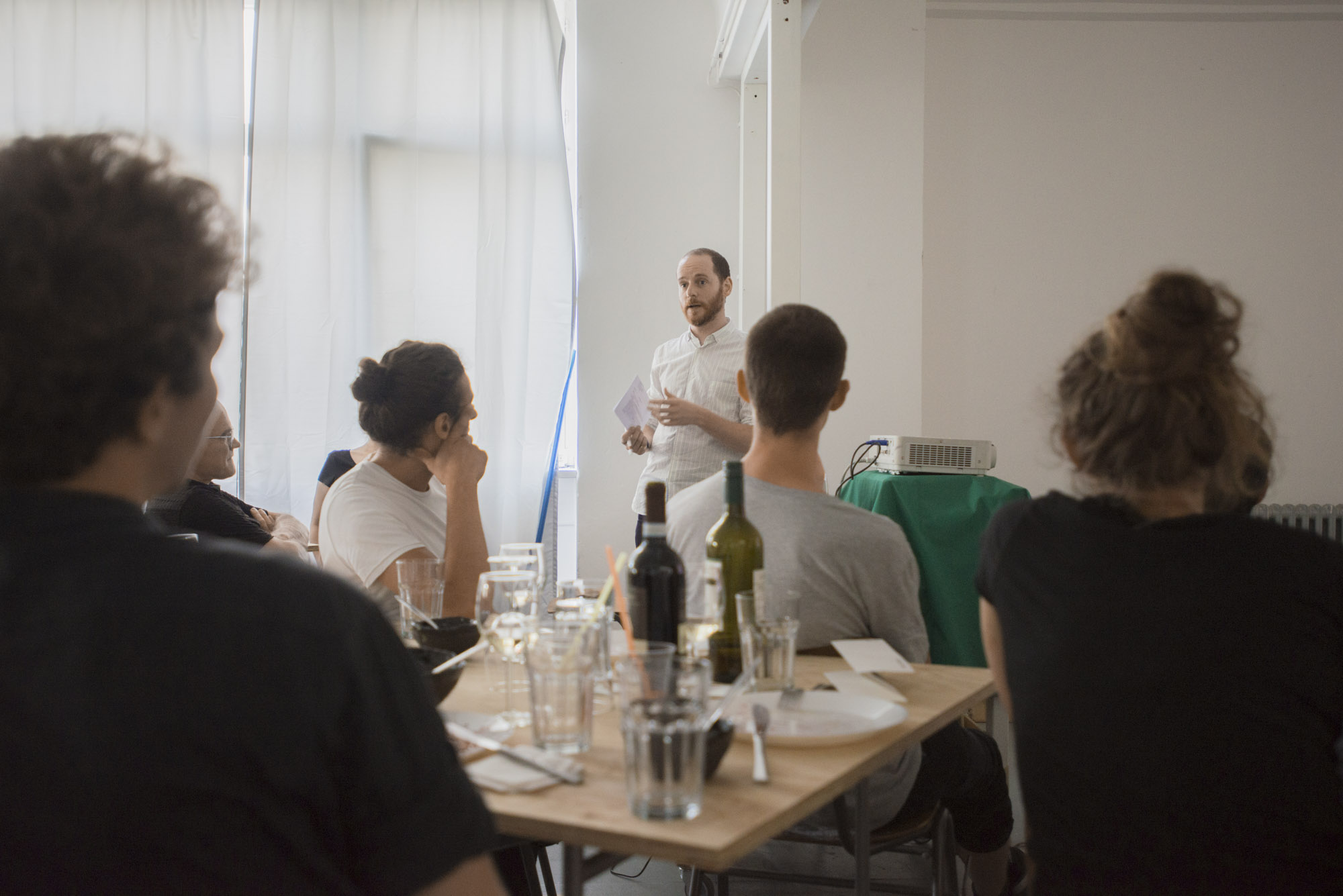



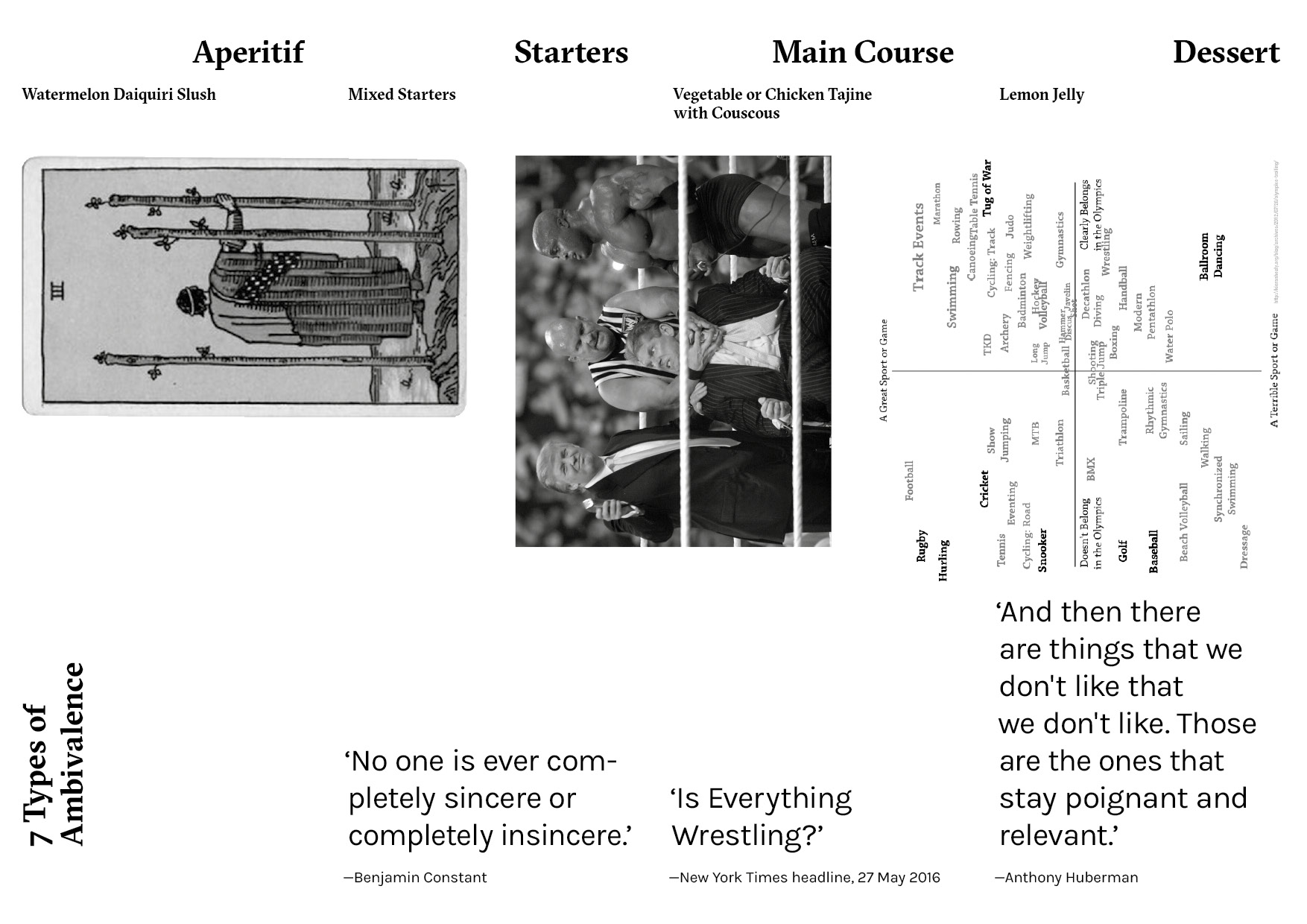
In Illness as Metaphor, Susan Sontag described the heyday of a “nihilistic and sentimental” nineteenth-century logic that found appeal in female suffering: “Sadness made one ‘interesting.’ It was a mark of refinement, of sensibility, to be sad. That is, to be powerless.”
In this presentation, Leslie Jamison will reflect on the process of trying to write about female pain – as performed posture and authentic experience – and the broader question of how to represent suffering without mythologising it. How do we describe a wound without glamorising it? Jamison will talk about the process of trying to recruit as much of the world as possible to join her in this grappling: the personal histories and dreams of friends, the bloody lyrics of her favourite singers, the shower scenes in her favourite movies. What does it mean to crowdsource the wound – or the question of what our wounds mean to us?
The presentation is part of a series of parallel talks and screenings, departing from some of the key concerns and methods that informed the work of Ellen Cantor.
Photography: Mona Zeiler
Kindly supported by
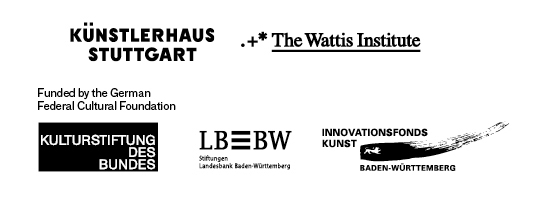
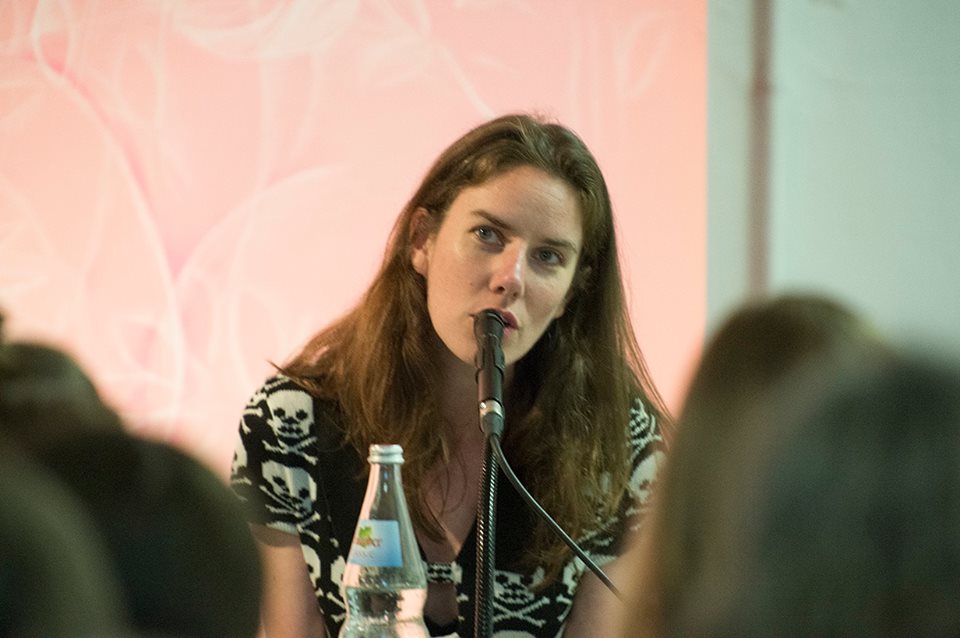
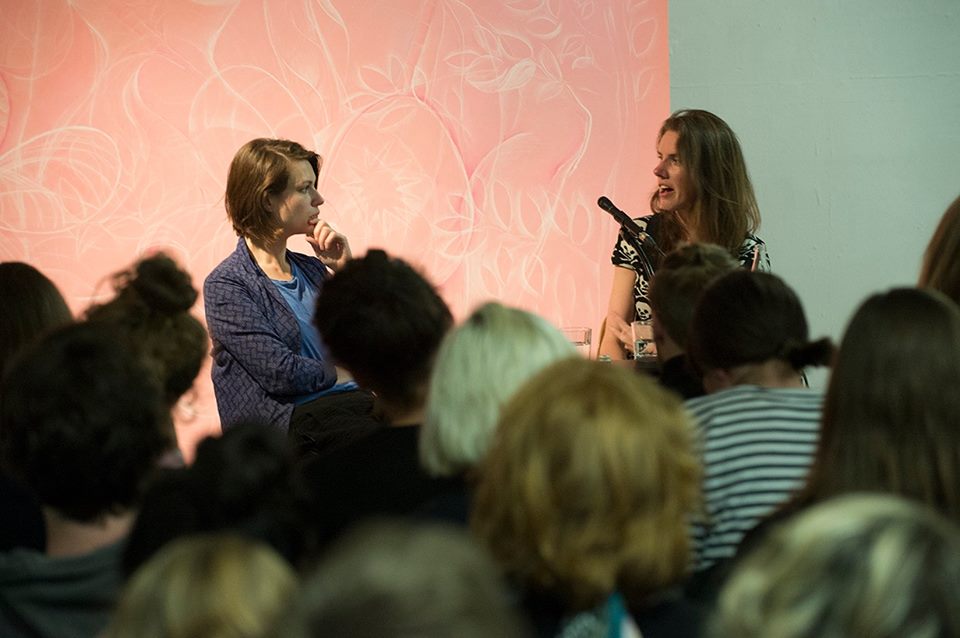


Café Weiß
Geißstraße 16
70173 Stuttgart
Abel Auer and Momus will discuss their respective experiences in the art world, and explore their inner motivations to continue and, in Beckett’s phrase, “fail better.”
Effort & Circumstance is a series of conversations around practice, survivalism and desire at Café Weiß. Using the setting of a bar, usually closed on Sundays, the gatherings take the form of semi-public conversations that exist somewhere between a talk about work, and its holding environment.
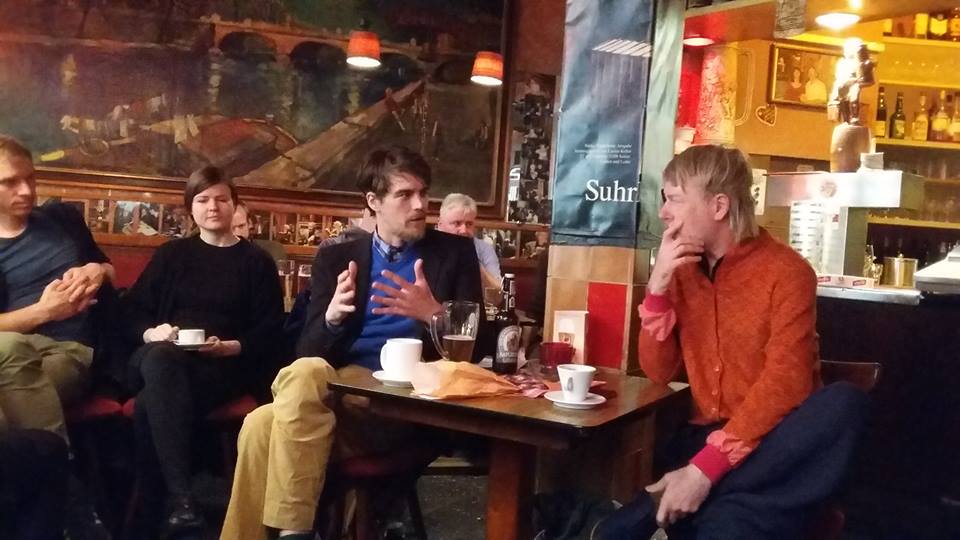
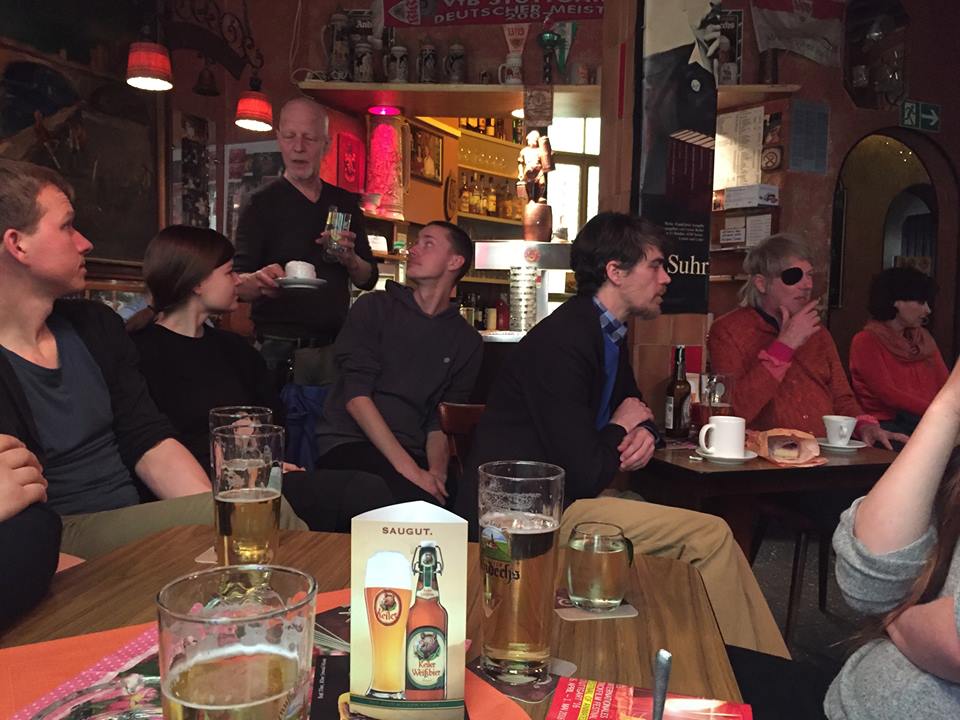
A part-screening, part-talk by artist and writer John Cussans on the work of Ellen Cantor, and their collaboration, Whitby Weekender.
John met Ellen Cantor in 2002 after a friend suggested that he should see her first film, Within Heaven and Hell. Following a meeting with Ellen they became close friends, collaborating on performances together and making Whitby Weekender, a video documentary about Northern Soul – the British dance and music subculture – filmed during John’s 40th birthday celebrations in 2005. The film was completed in 2006.
Kindly supported by
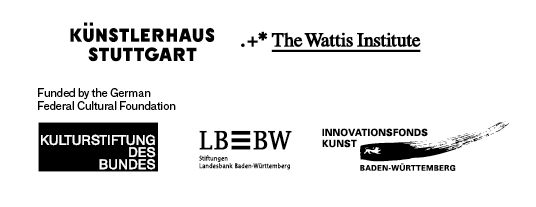
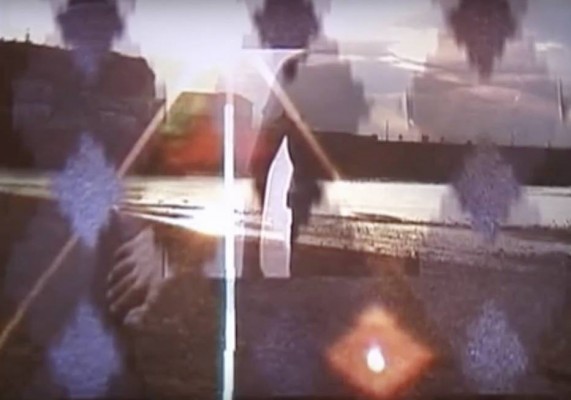
Ellen Cantor combined ready-made materials with diaristic notes and drawings to probe her perceptions and experiences of personal desire and institutional violence. In her drawings, paintings, collages, and videos, Cantor lifted characters and sequences from iconic films, reorienting the ideological transmissions of the source material. Fictional figures from Disney cartoons, cult horror films, New Wave cinema, and family movies provide a visual foil to Cantor’s intimate disclosures. Magnetised by the doleful naivety of characters such as Snow White and Bambi, Cantor would, in her drawings, extend their narrative horizons to include vivid sexual encounters and crisis-ridden relationships.
“My perversion is the belief in true love,” is what Cantor titled the only survey exhibition of her videos held in her lifetime. This phrase, a sincere emotional disclosure doubled up as an affront to the structural ‘perversions’ of normative desires, gets to the root of the materials in this exhibition. Cantor’s work always proceeds with a certain force of will: political in intent, figurative, precise, dramatic, emotional, and, as Cantor herself liked to put it, “adult in subject matter.”
A feature of the exhibition and the focus of the associated publication is Cantor’s film Pinochet Porn. Originally a suite of drawings named Circus Lives from Hell (2005), Pinochet Porn is an episodic narrative about five children growing up under the regime of General Augusto Pinochet in Chile. Featuring a cast of close friends and collaborators, and shot in New York and London, Pinochet Porn stages a libidinal critique of the systematic and sadistic destruction of self-expression and experience. History is made observable through Cantor’s fictive speculations on private experience within a totalizing political order. The story ends with a question: Is tragedy a choice?
This exhibition is formulated as a survey in the mode of the homage. It desires to bring together a rich body of work, articulating some of the key strands and ways of working that fuelled Cantor’s practice, in dialogue with some of the friends and collaborators that informed her work, those she called the circle of “magical intuitive co-operation.”
This exhibition, publication and associated events are realised with the support of Kulturstiftung des Bundes. Ellen Cantor – Cinderella Syndrome, the first chapter of this project was presented at CCA Wattis Institute for Contemporary Arts in San Francisco (8 December 2015–10 February 2016). With special thanks to Lia Gangitano and Participant inc, John Cussans, Joseph Grigely, Mark Cantor, and Jonathan Berger. Curated by Fatima Hellberg and Jamie Stevens.
All images courtesy of the Ellen Cantor Estate. Photography: Frank Kleinbach





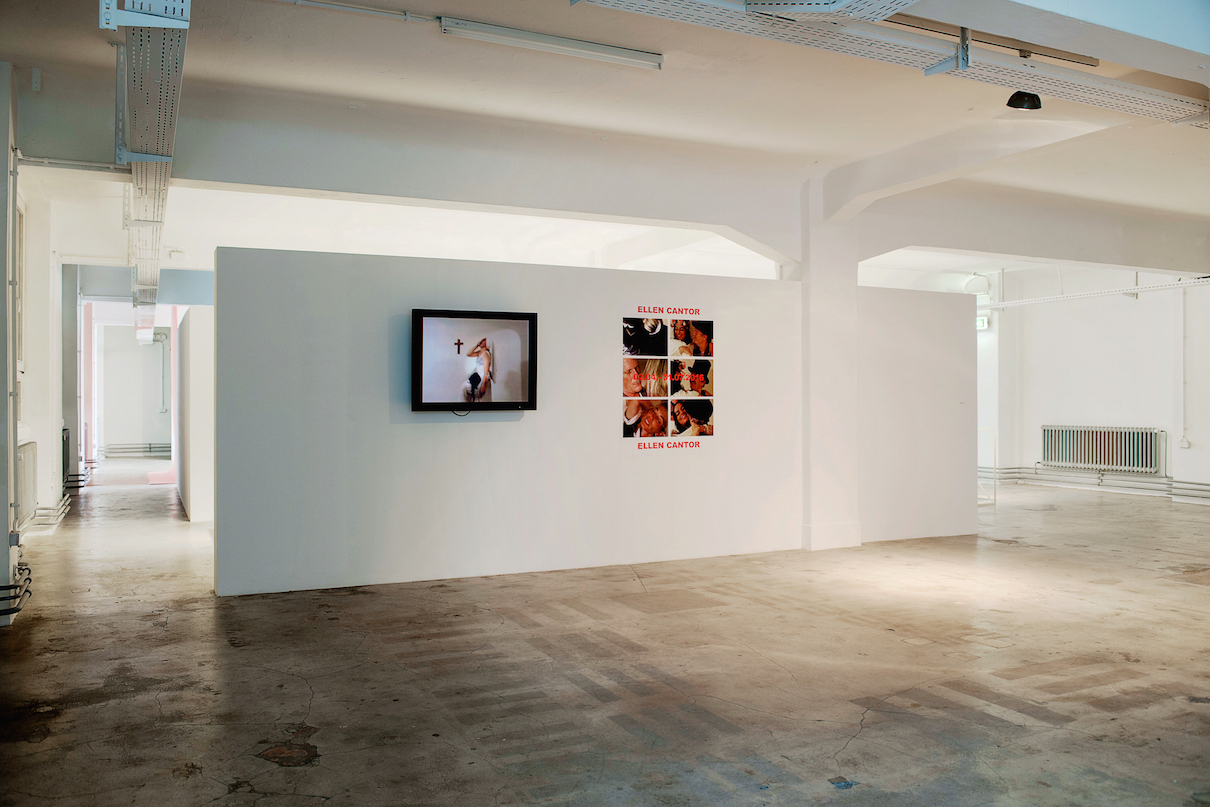
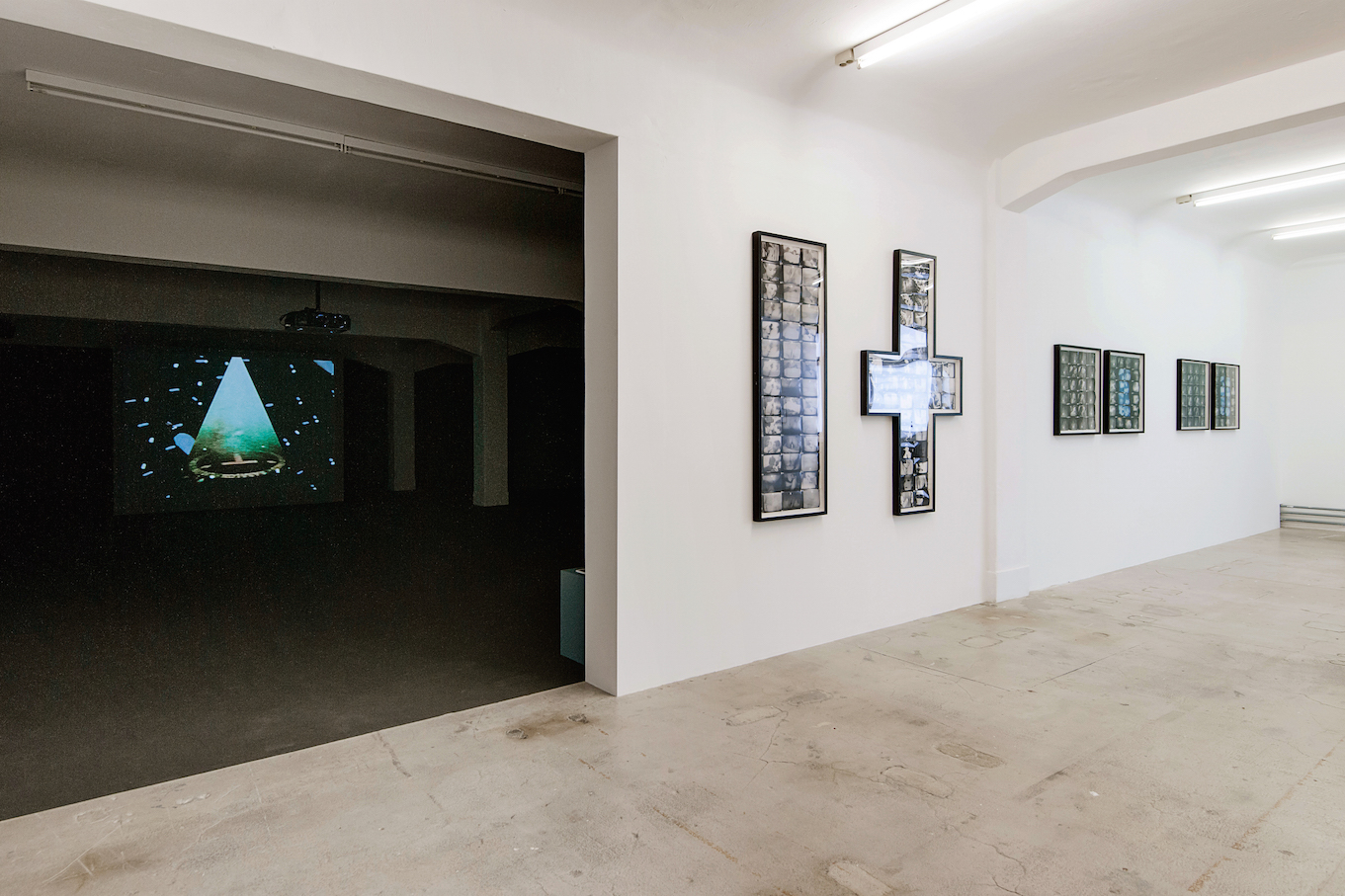
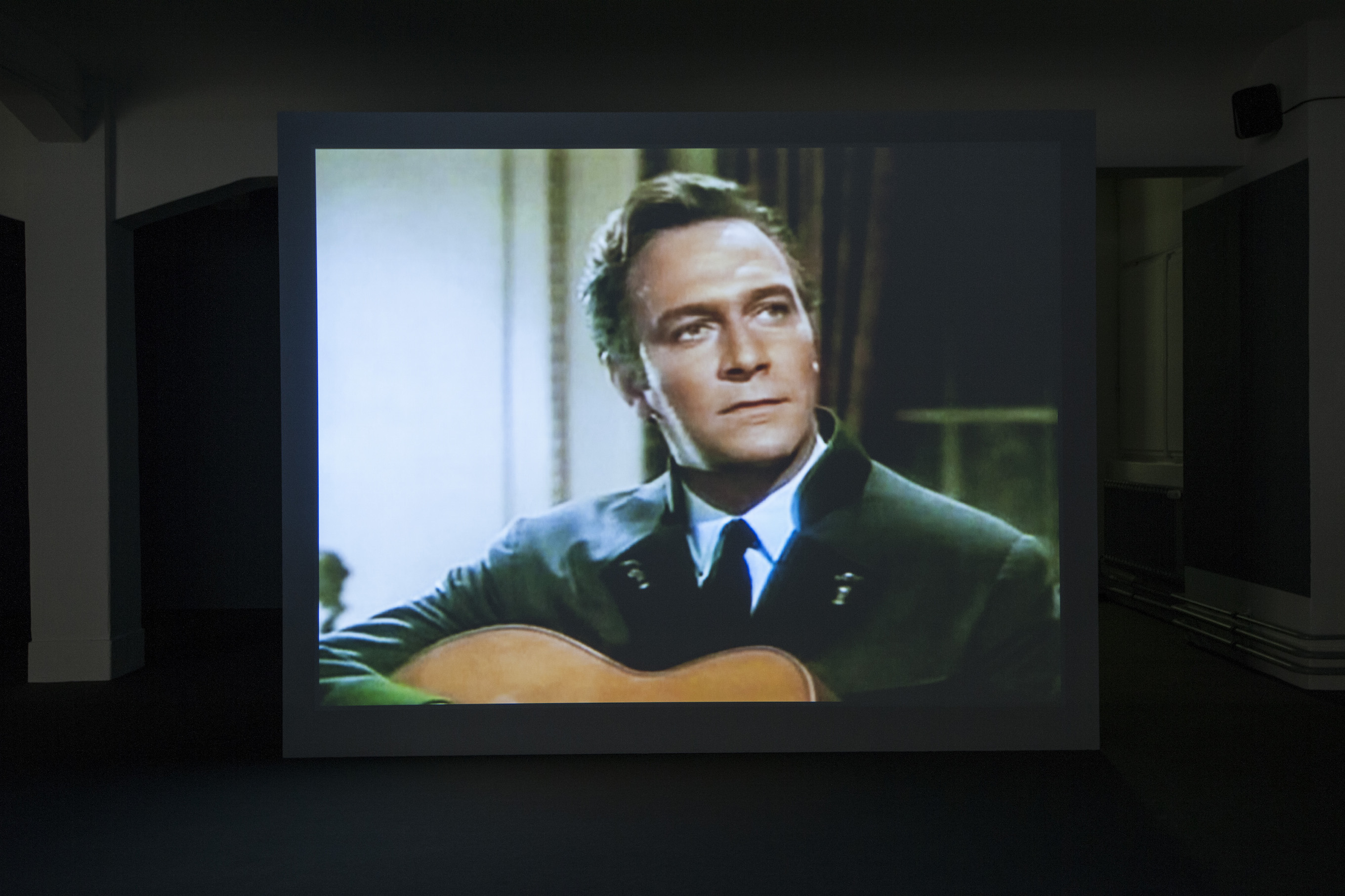
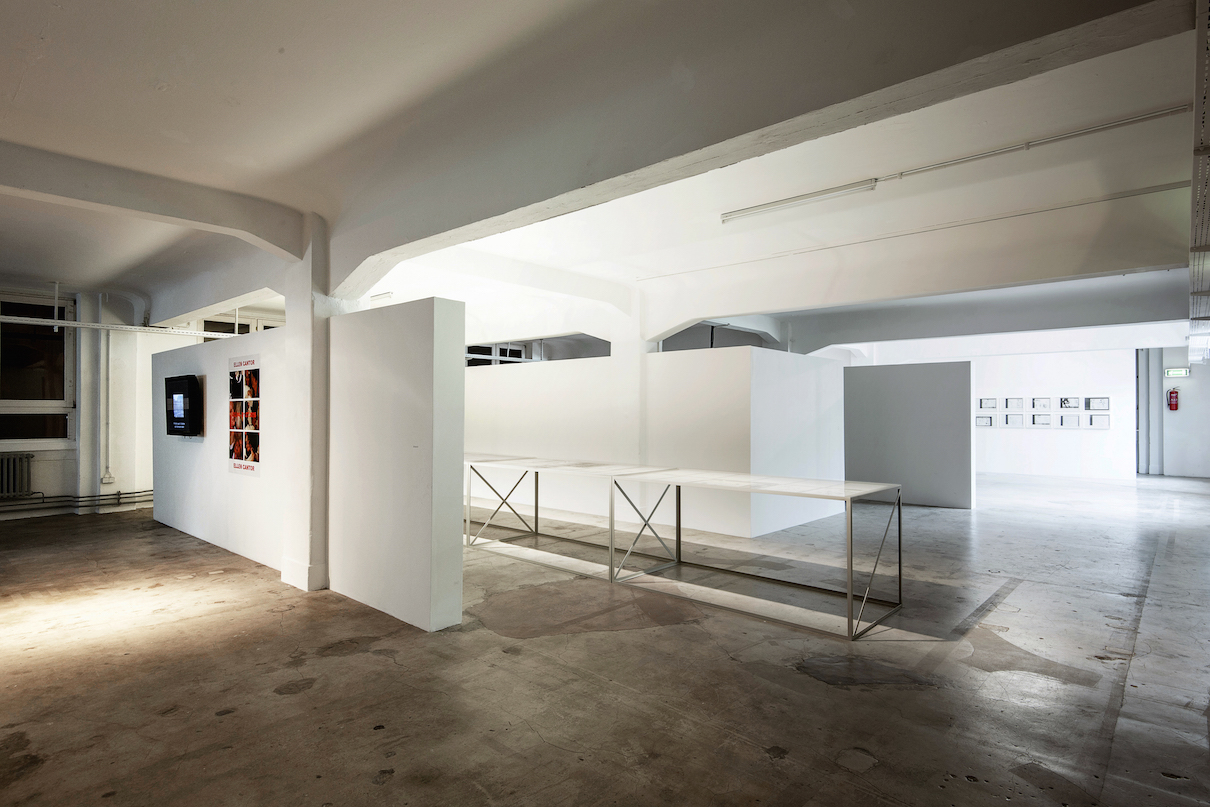
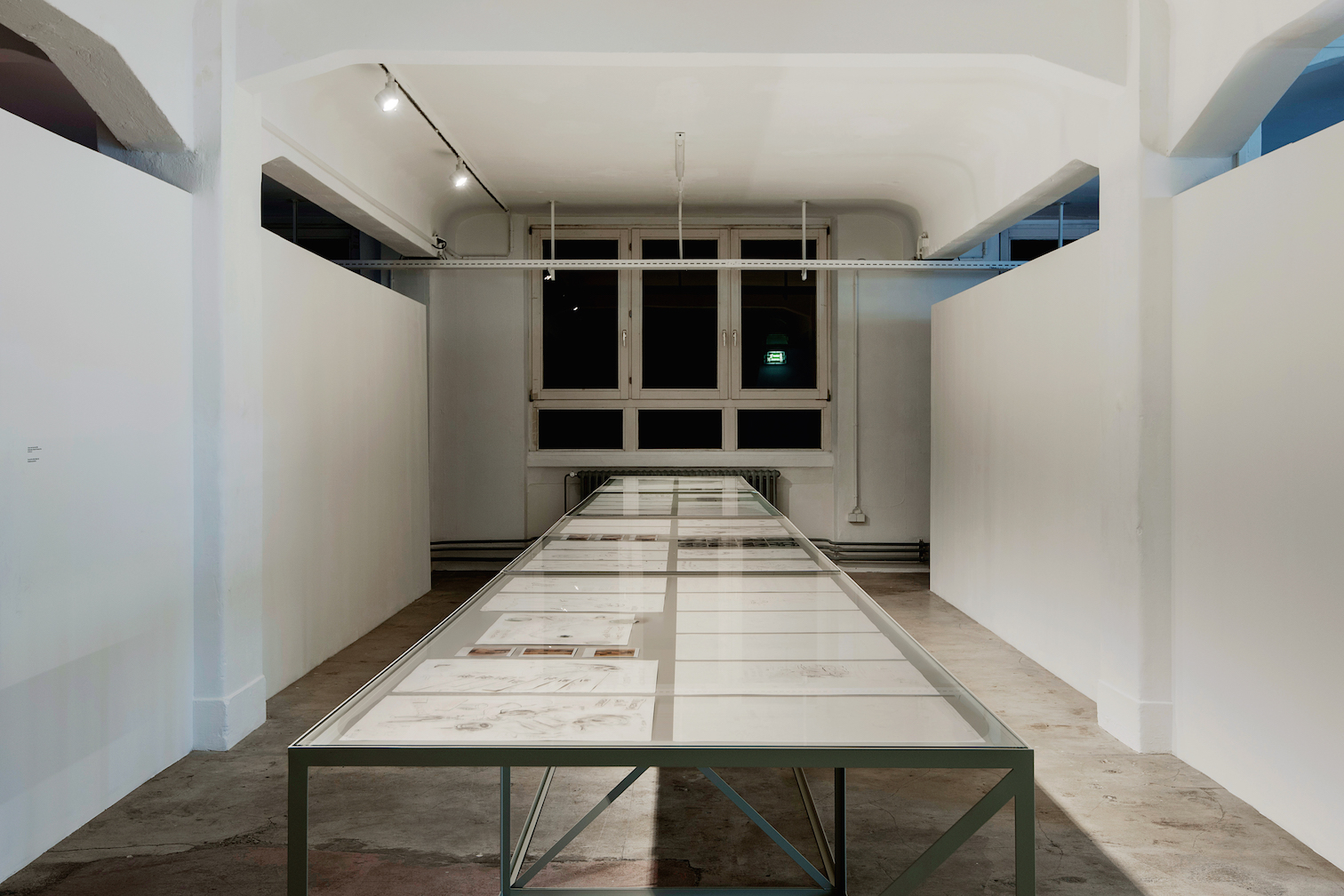
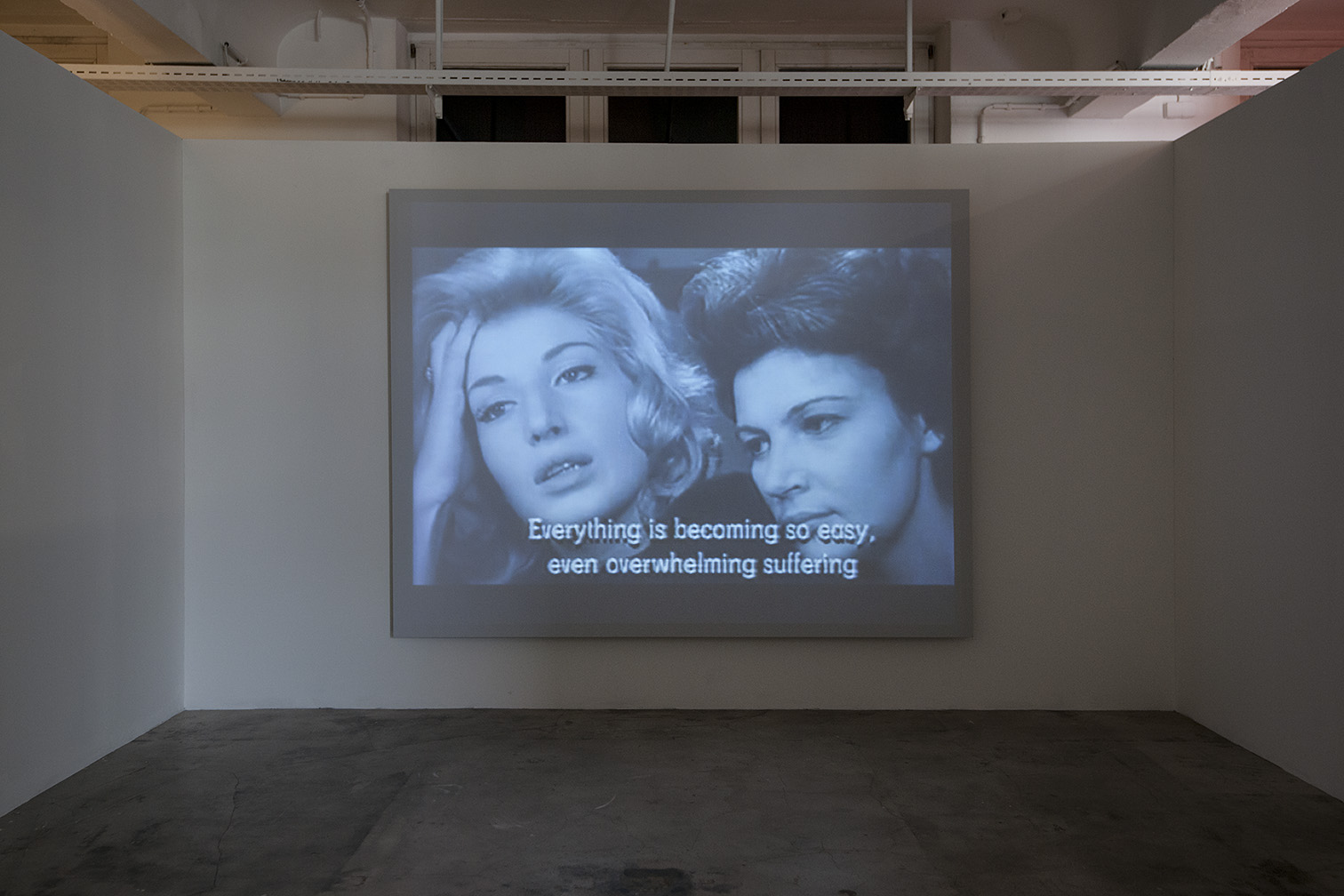

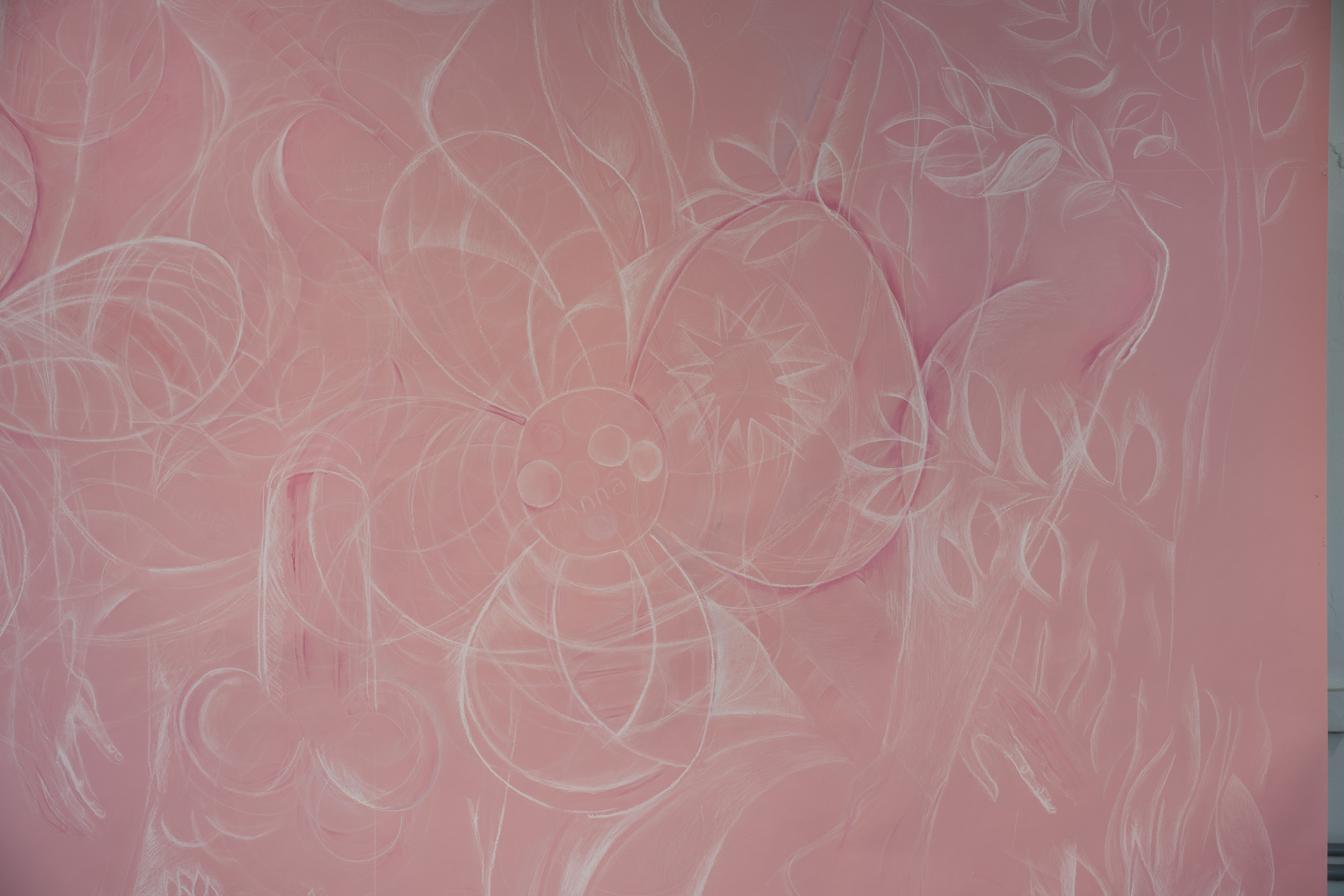
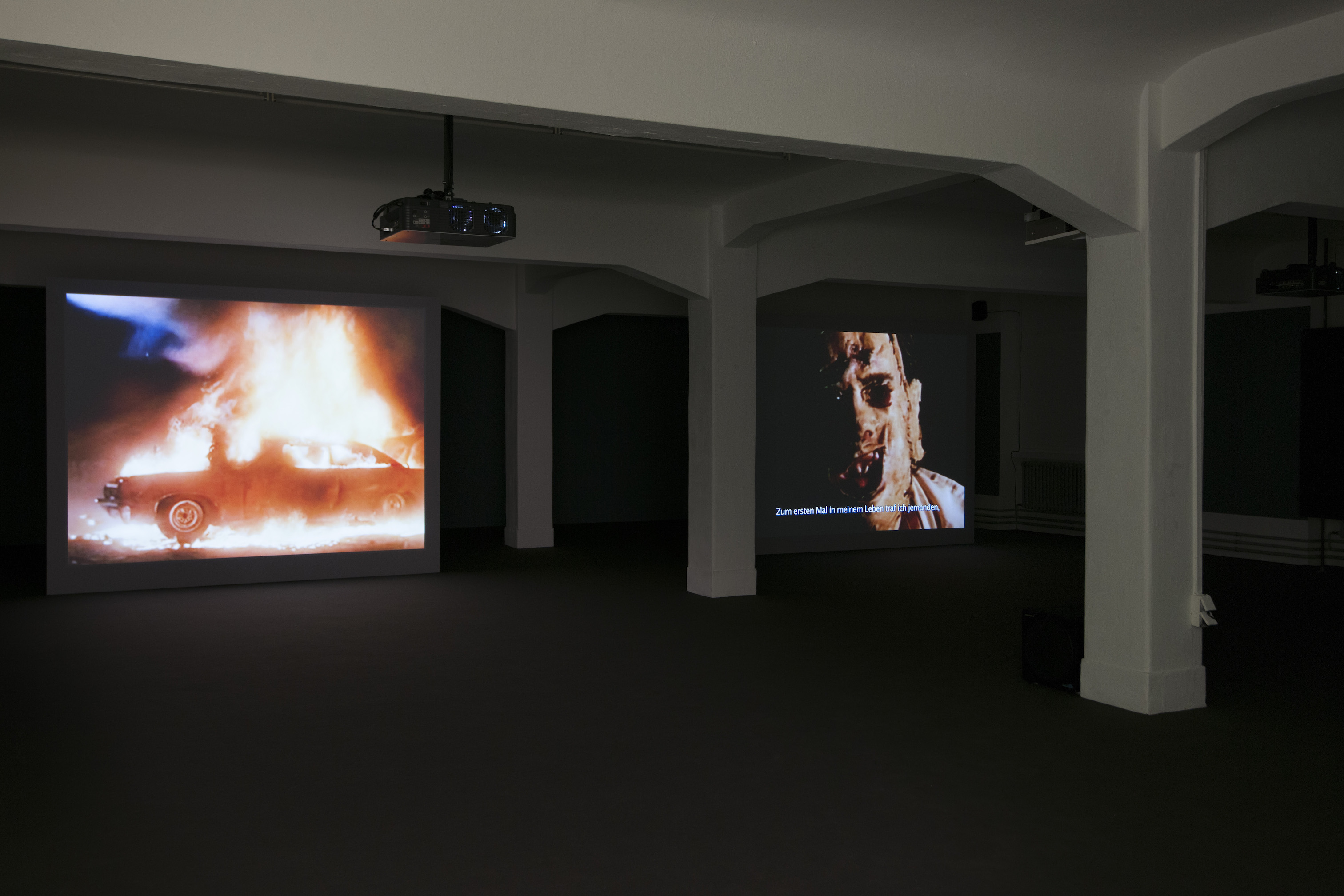
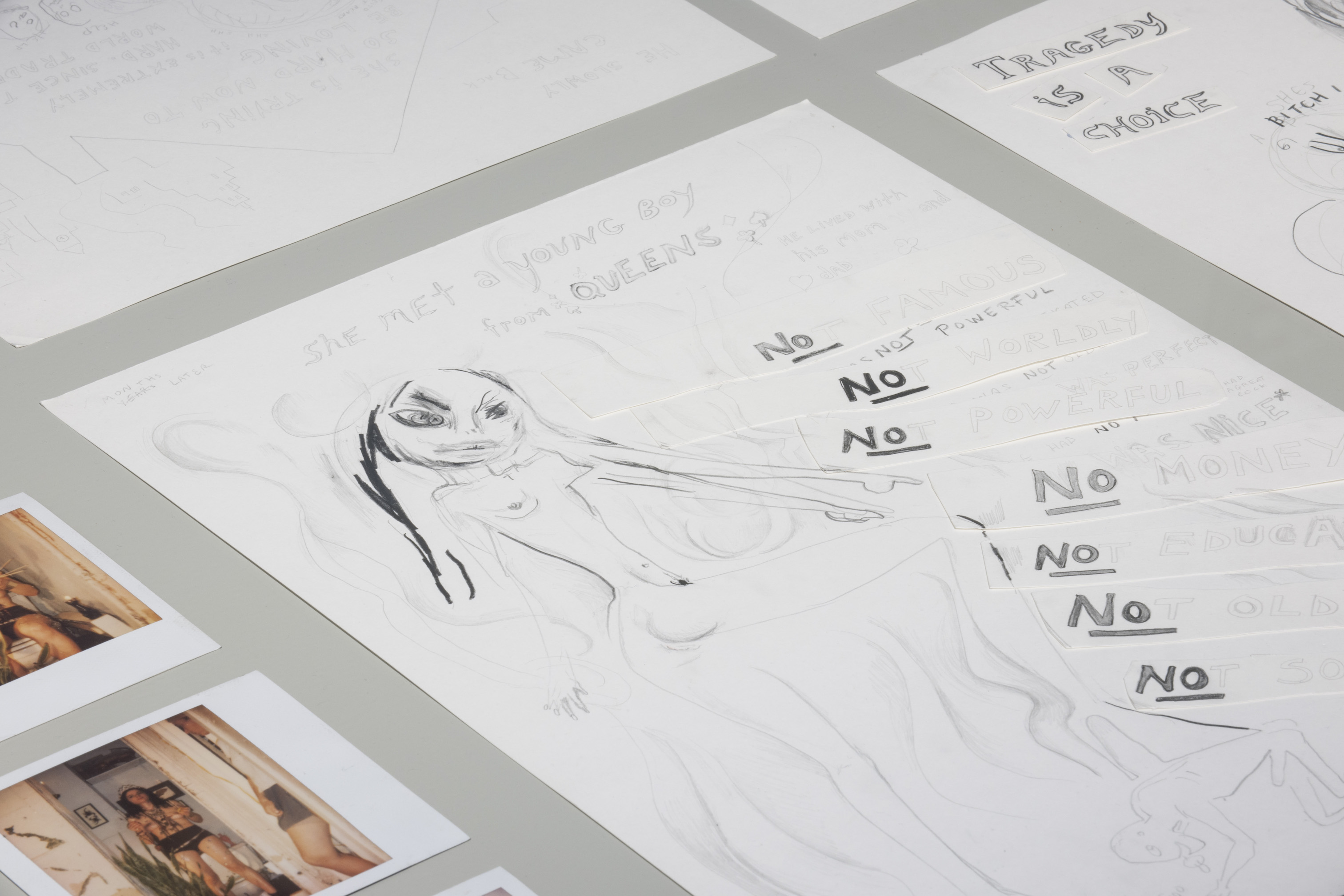
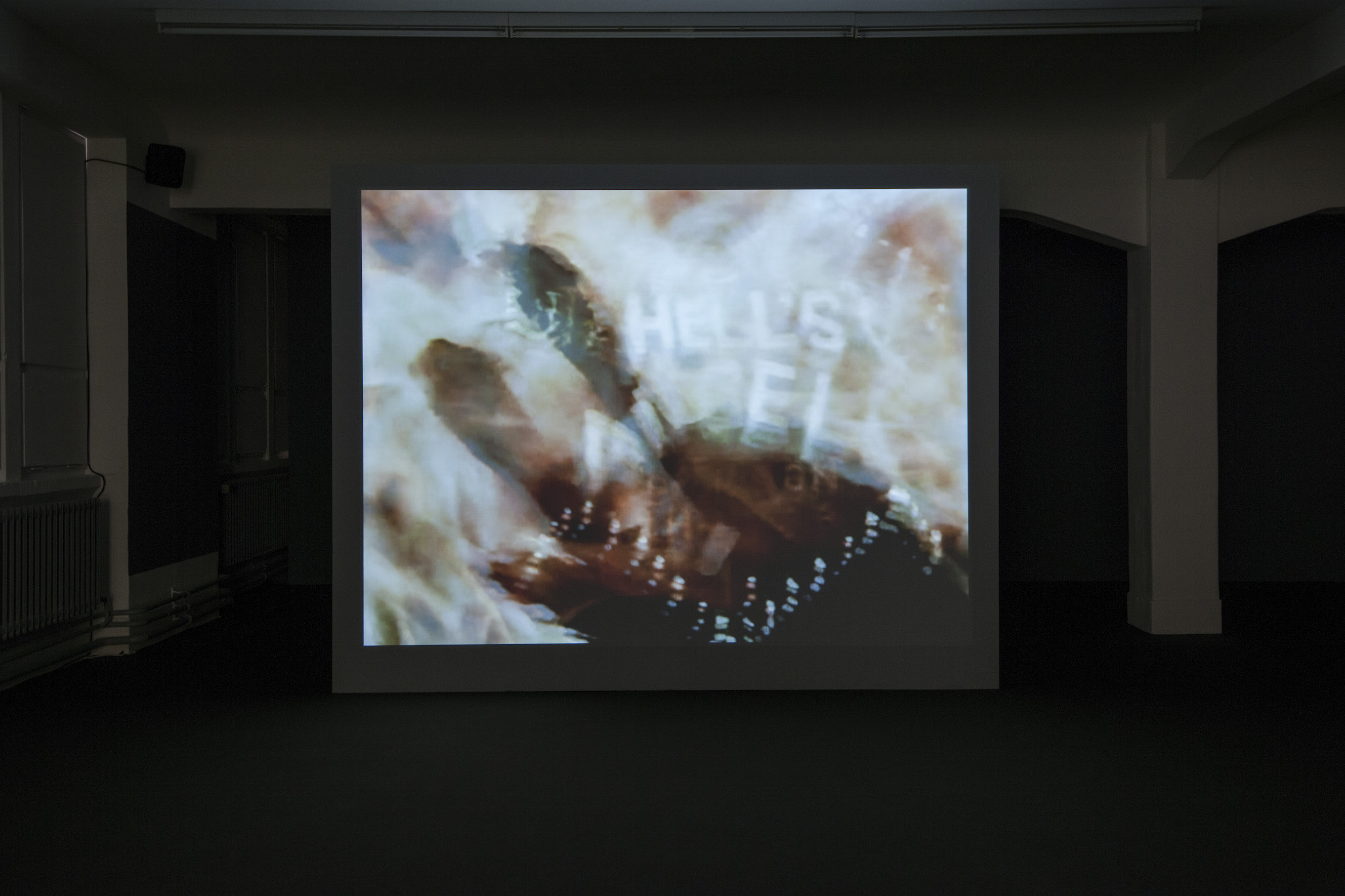
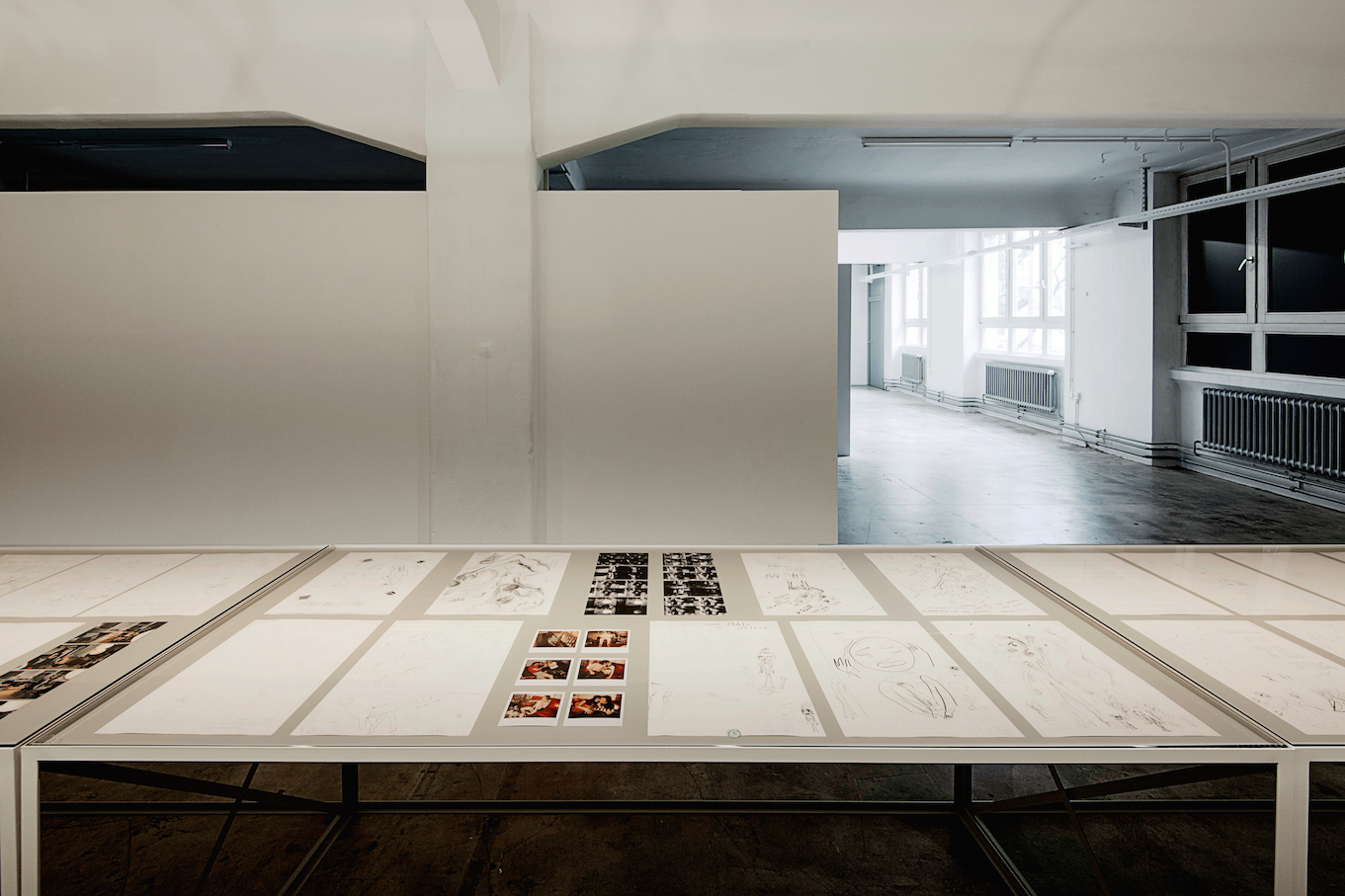

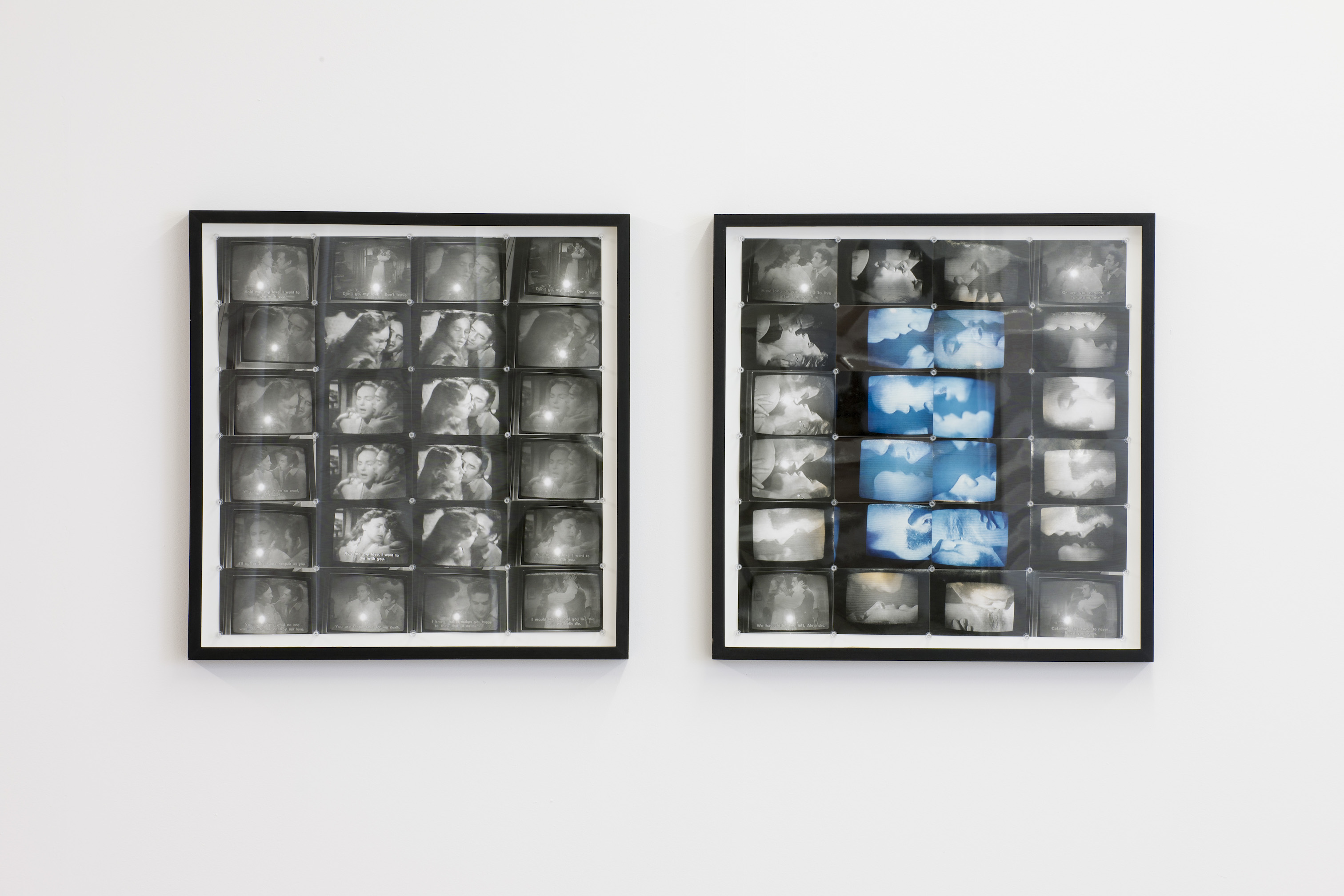
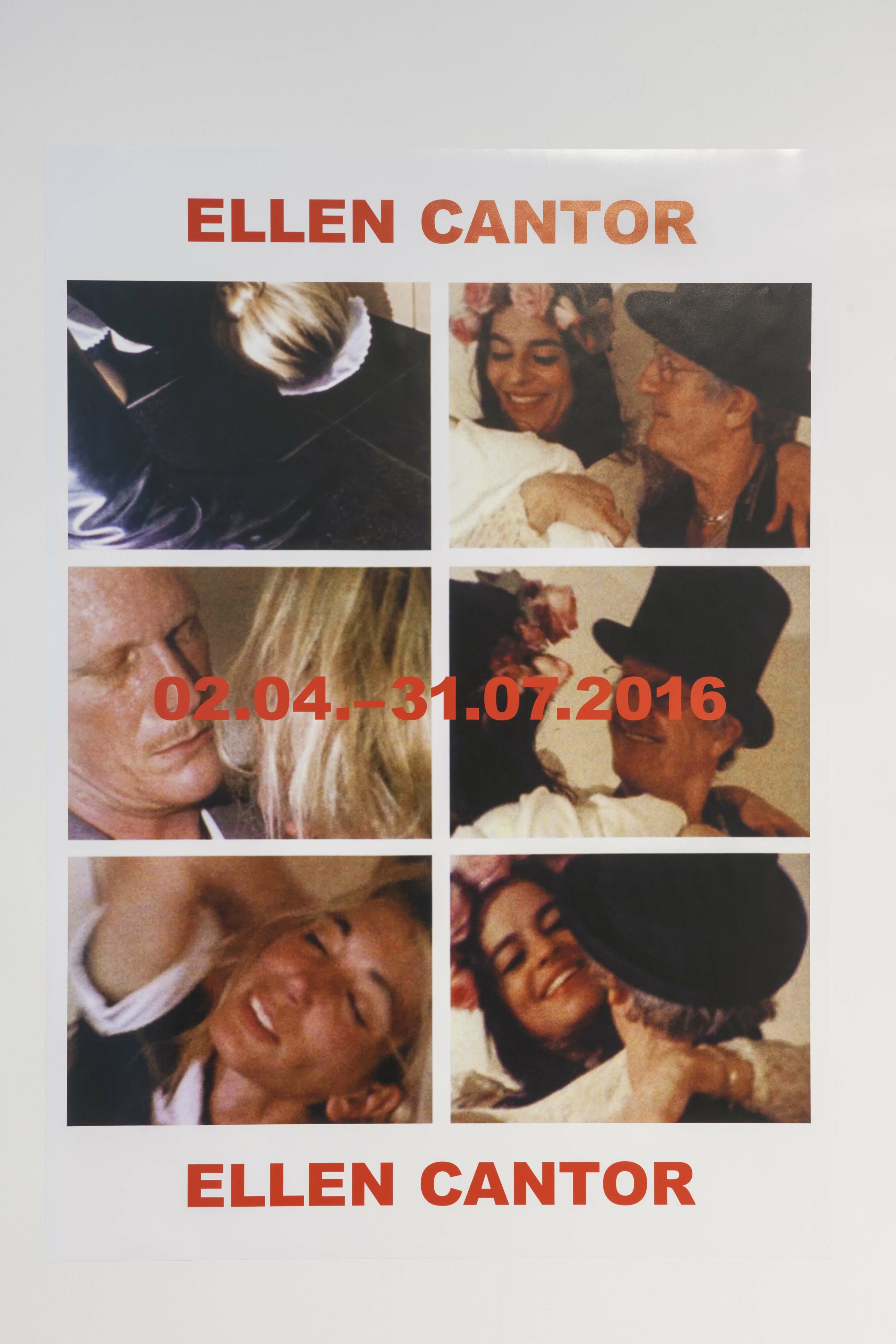
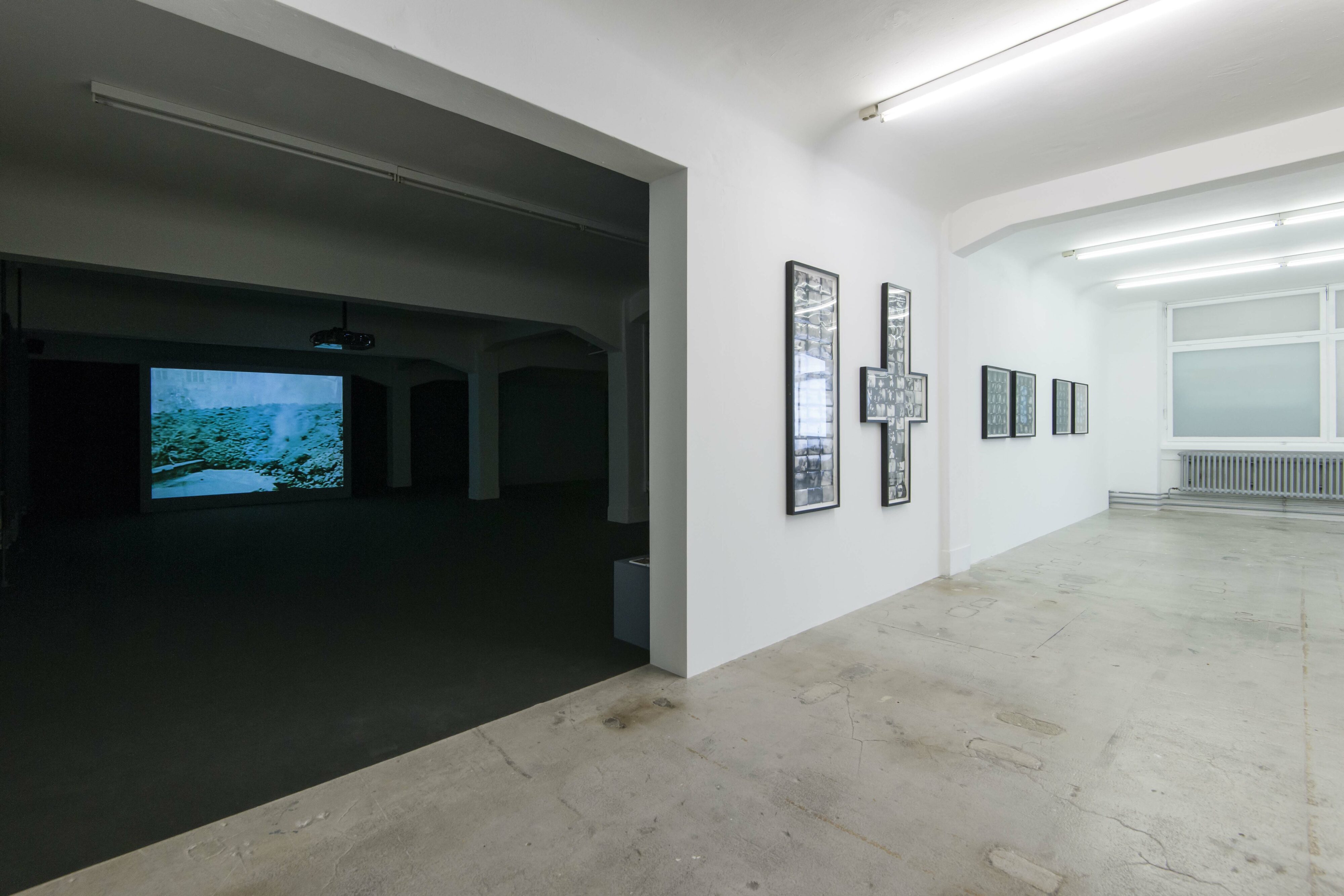
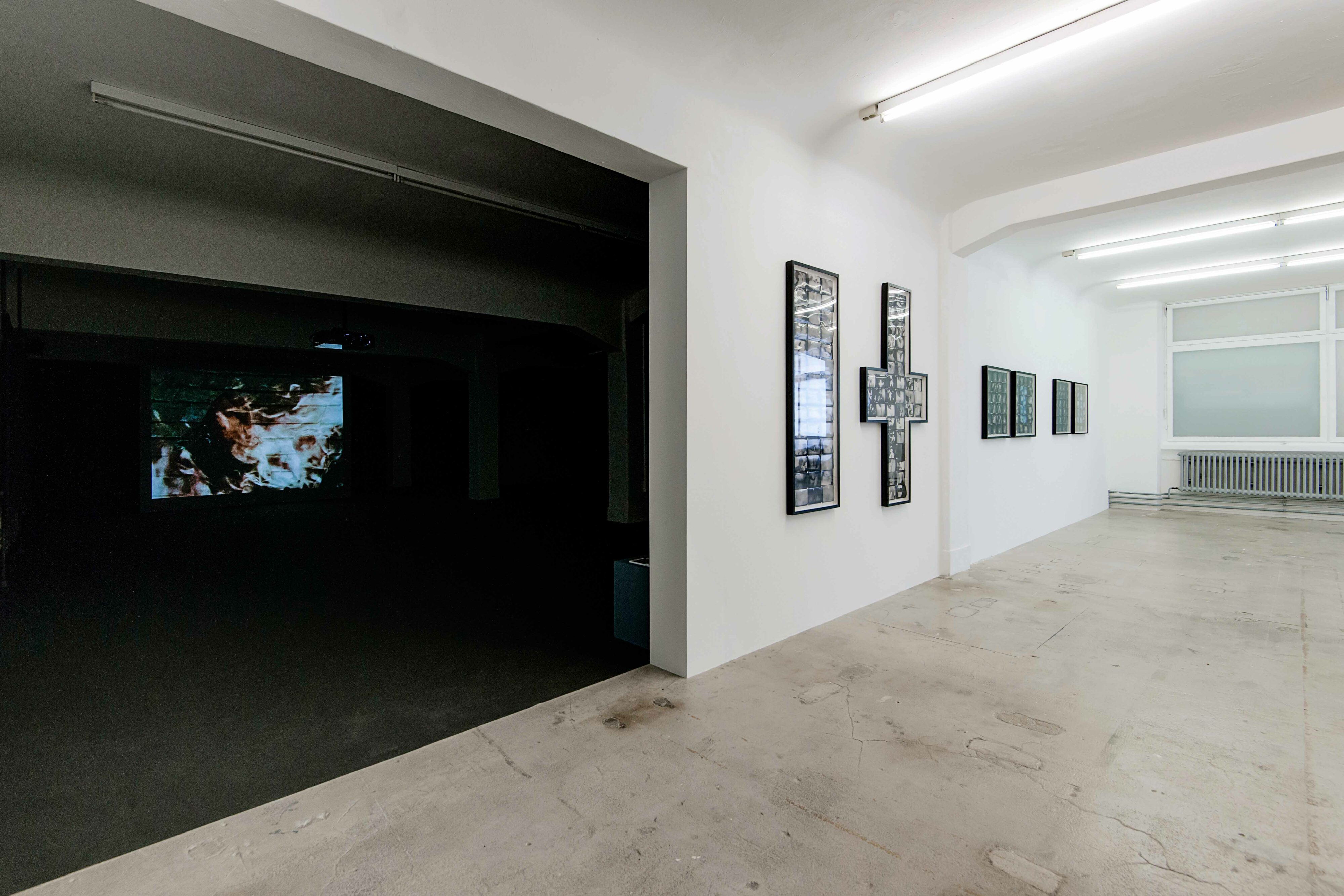
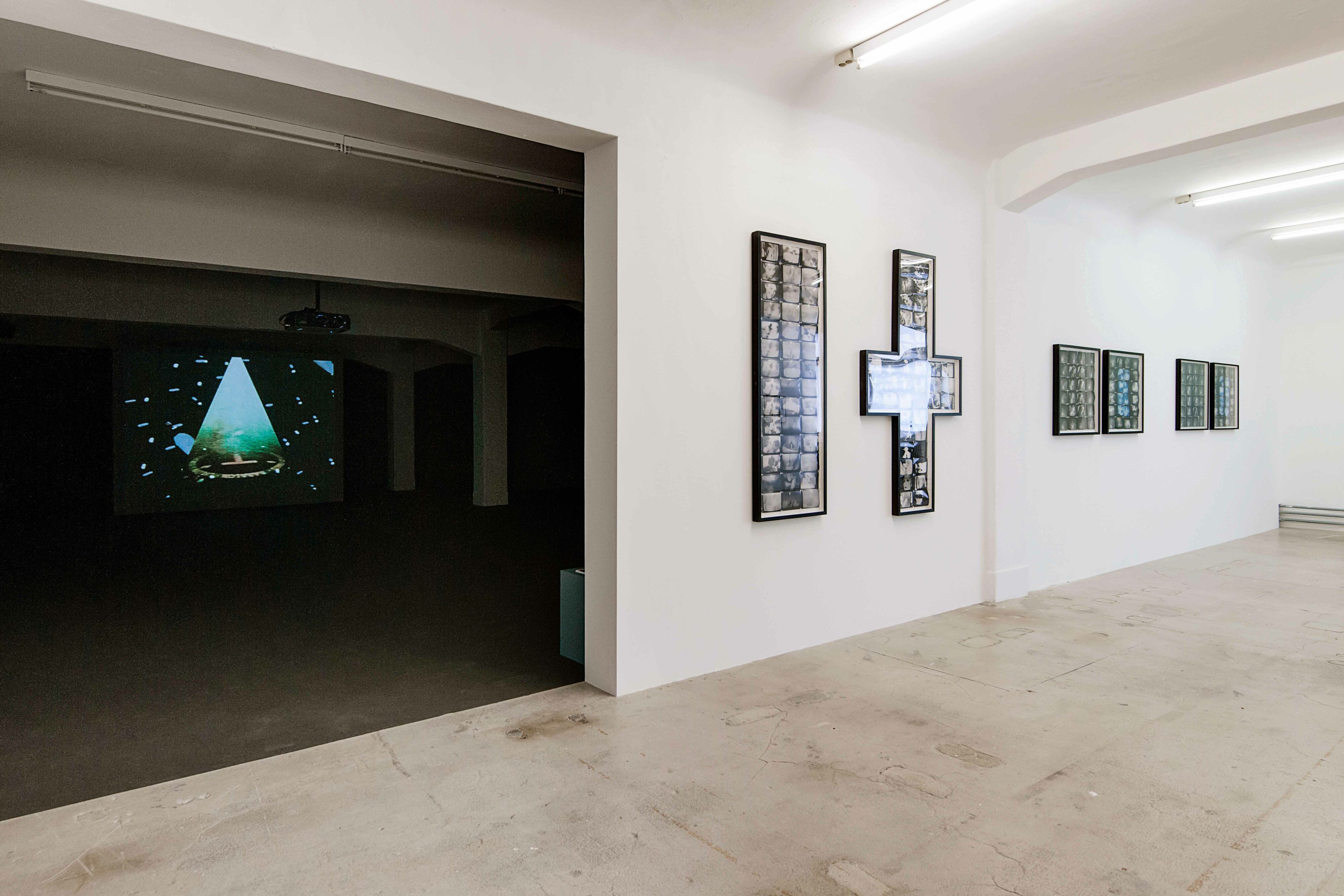
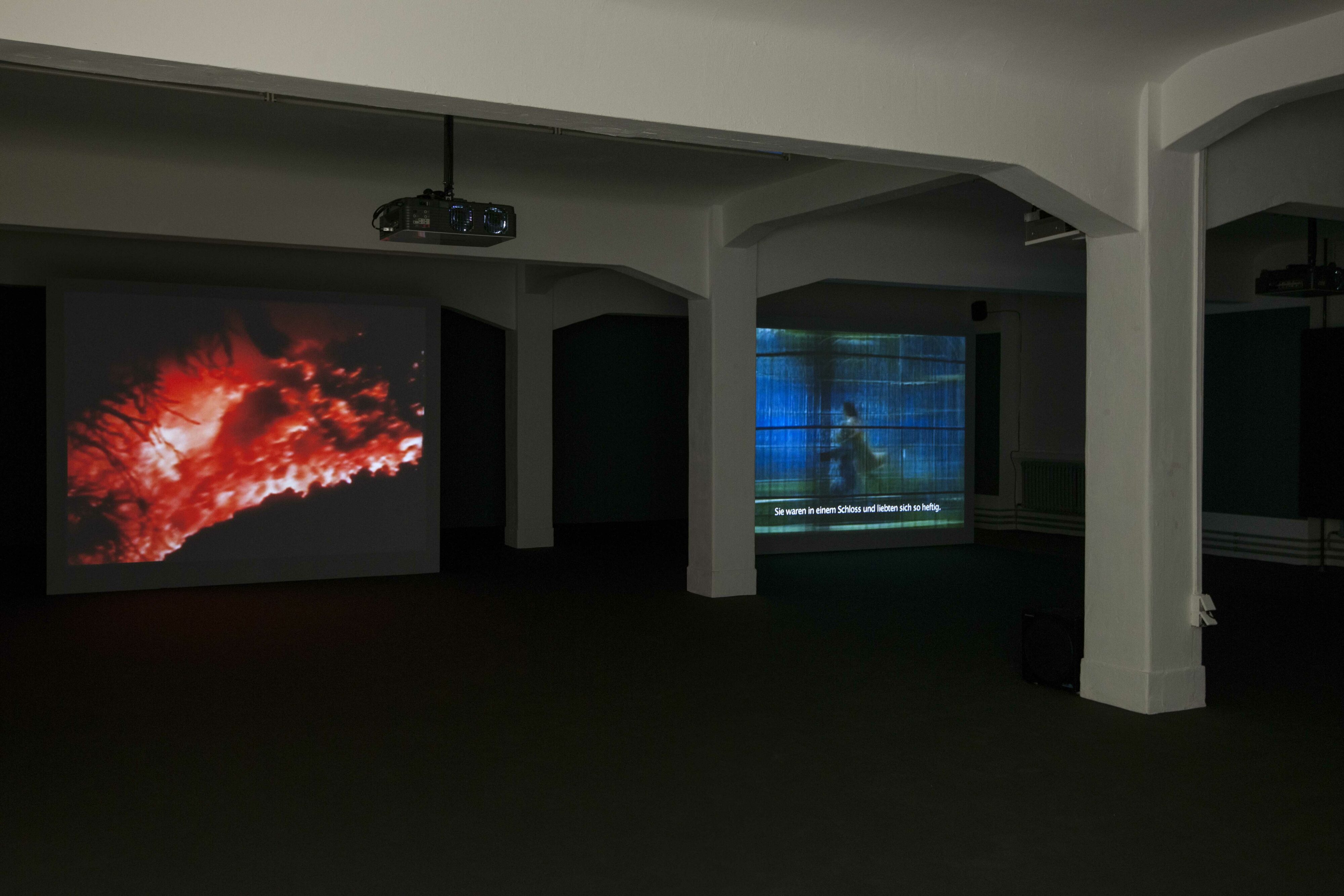
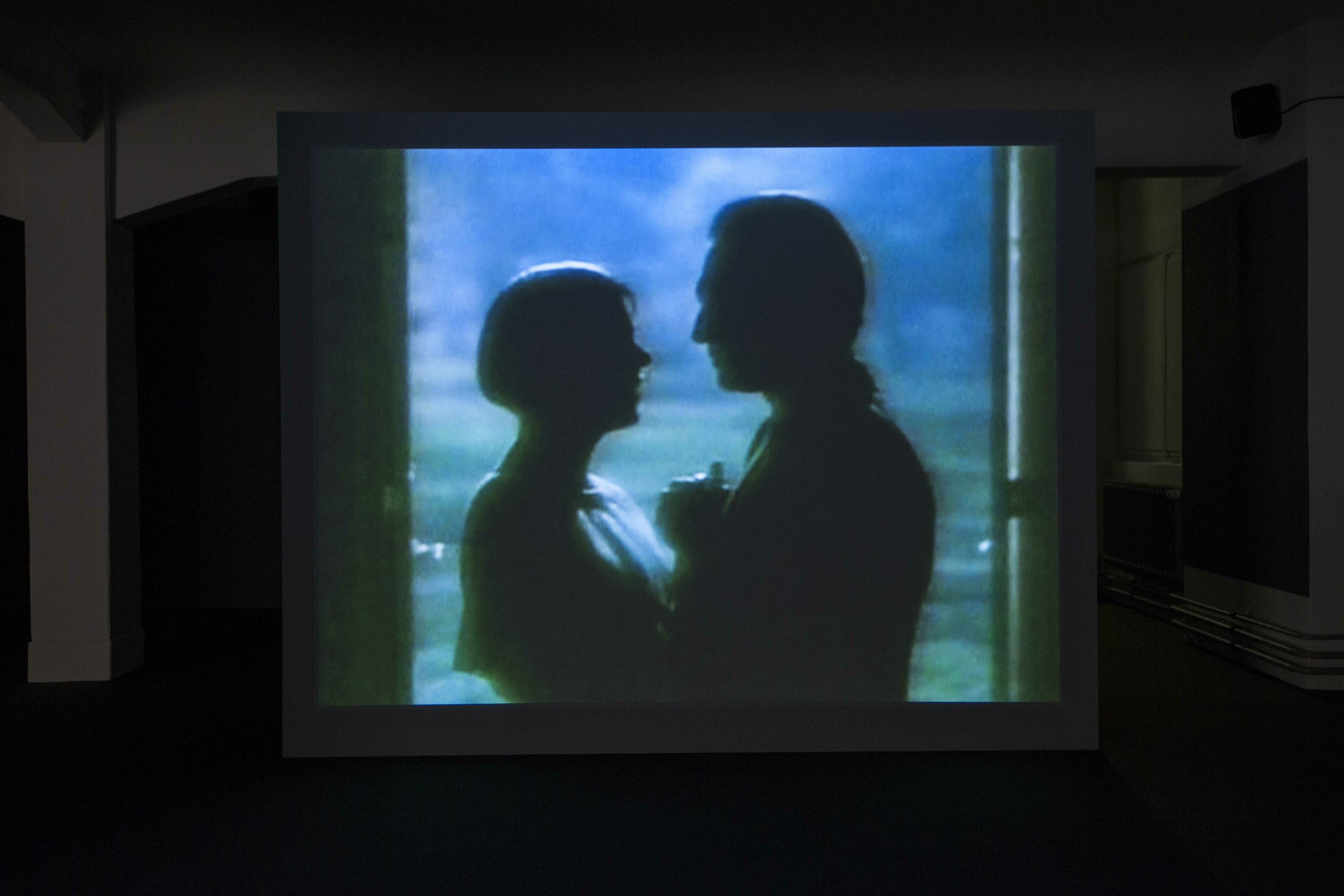
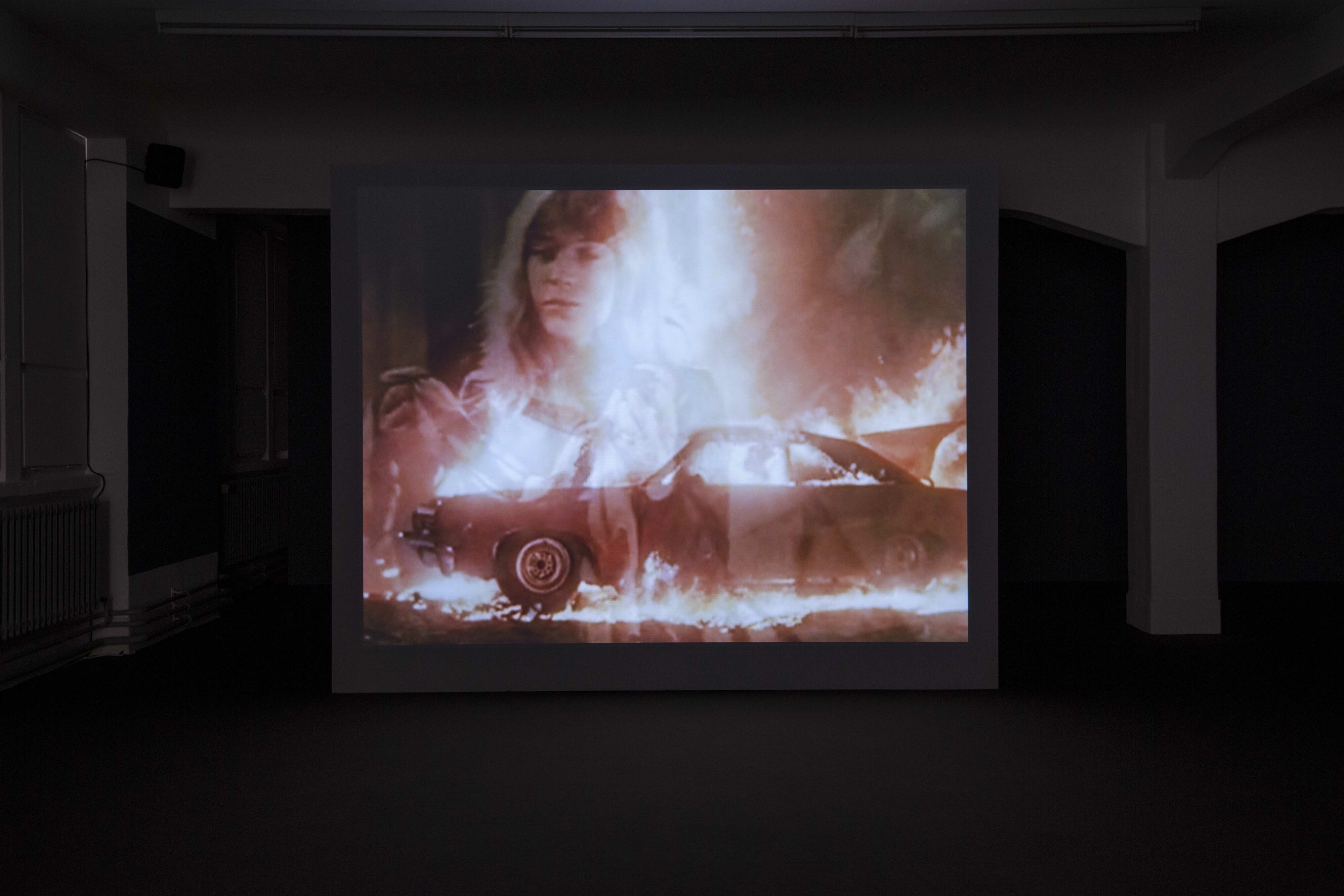
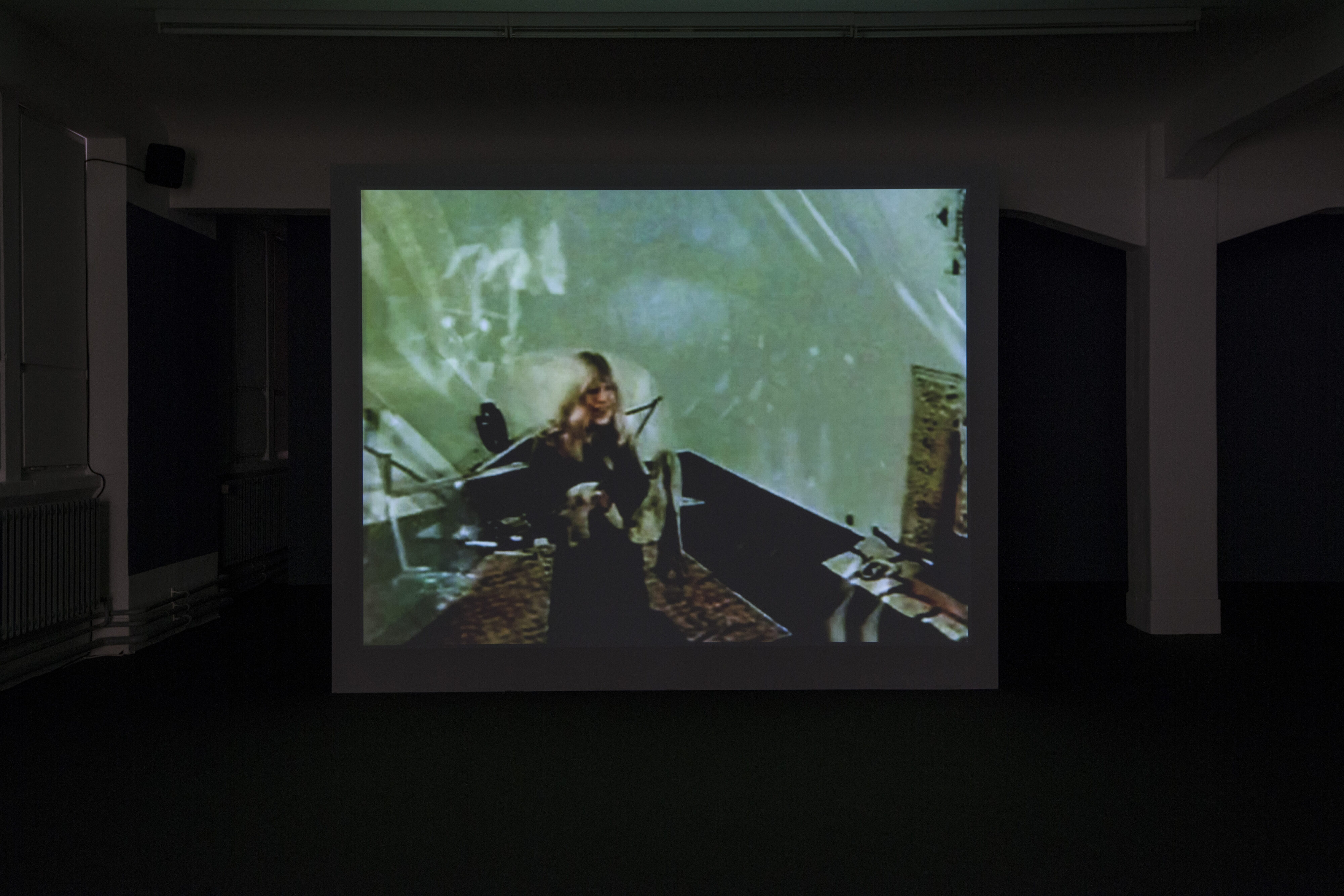
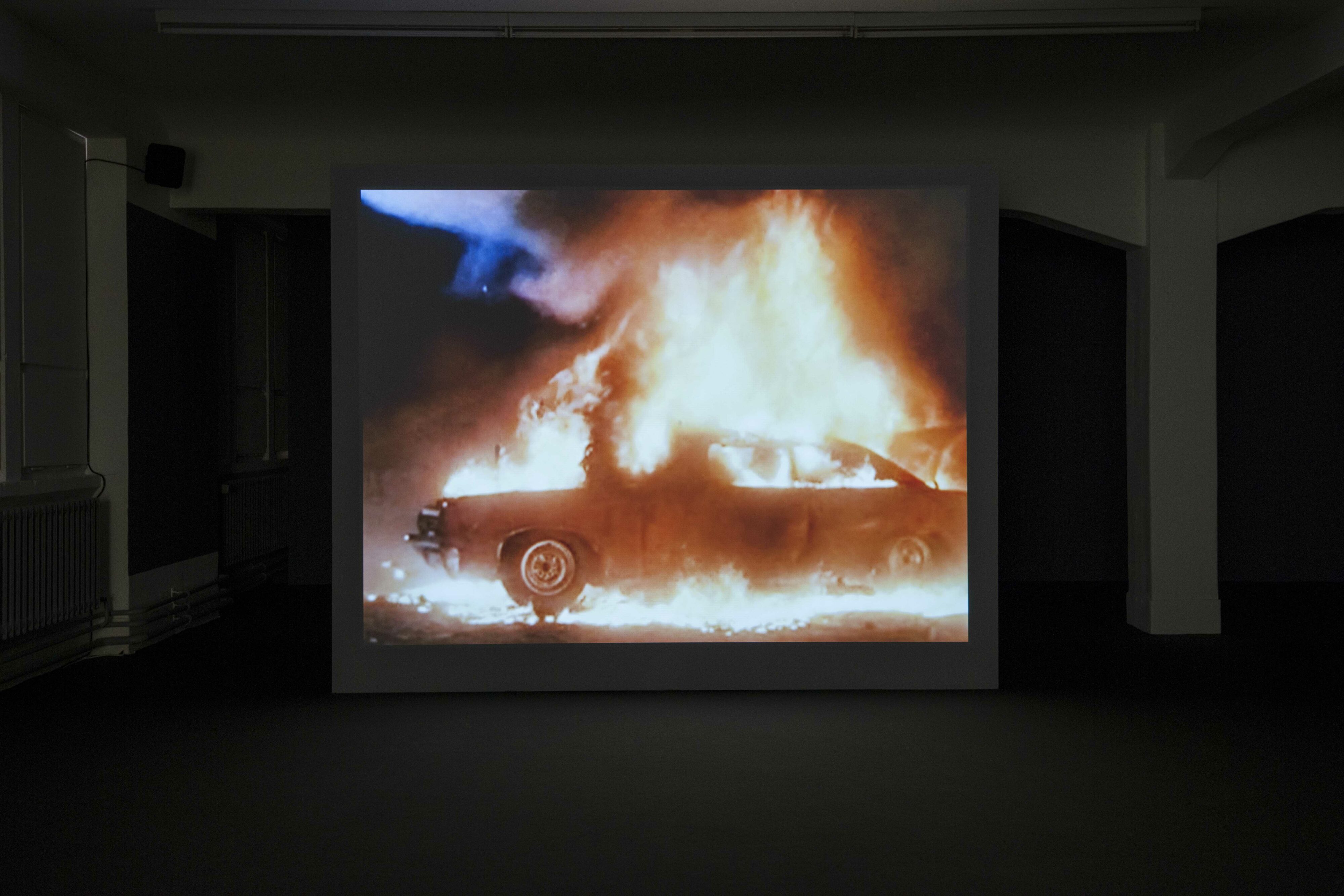
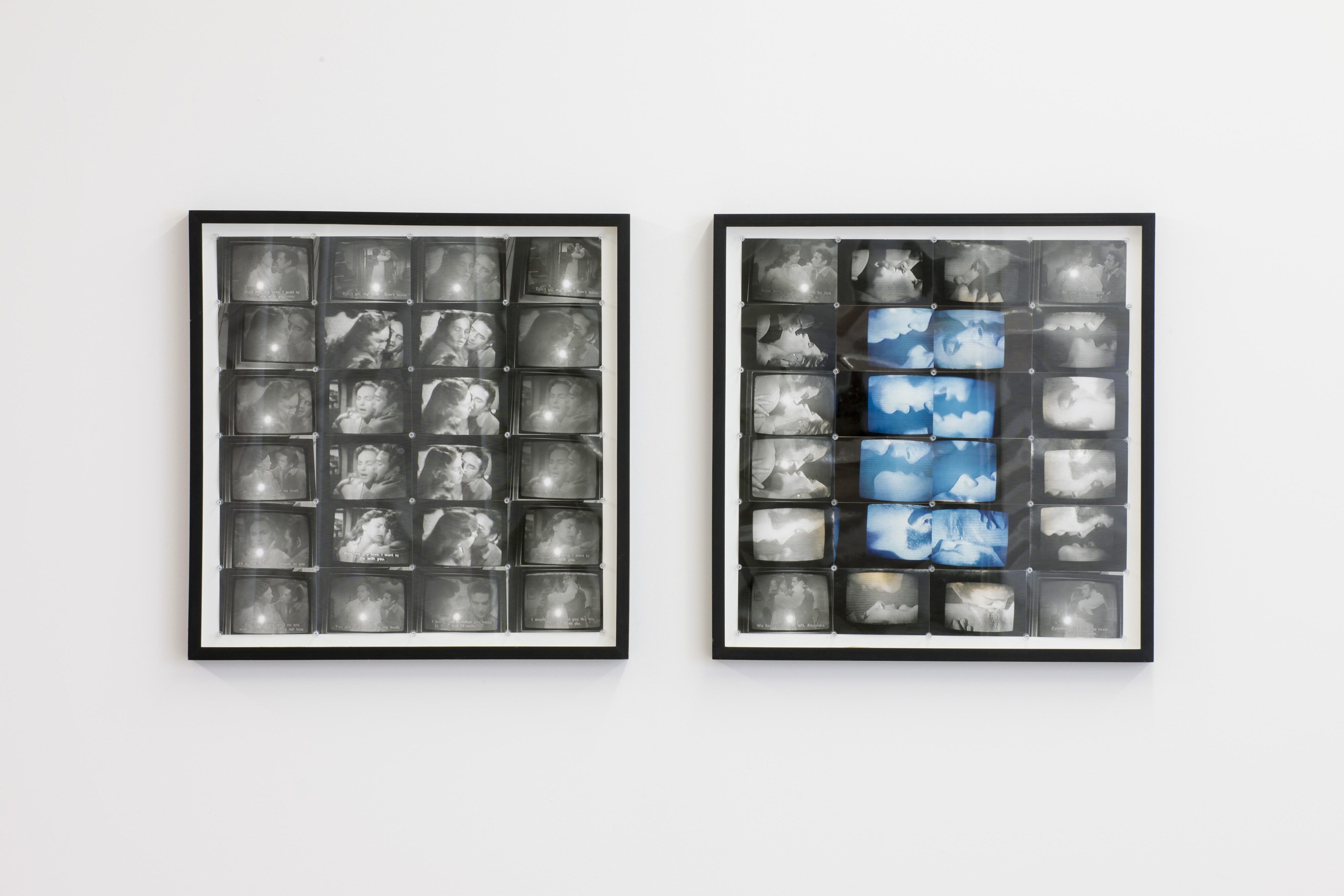
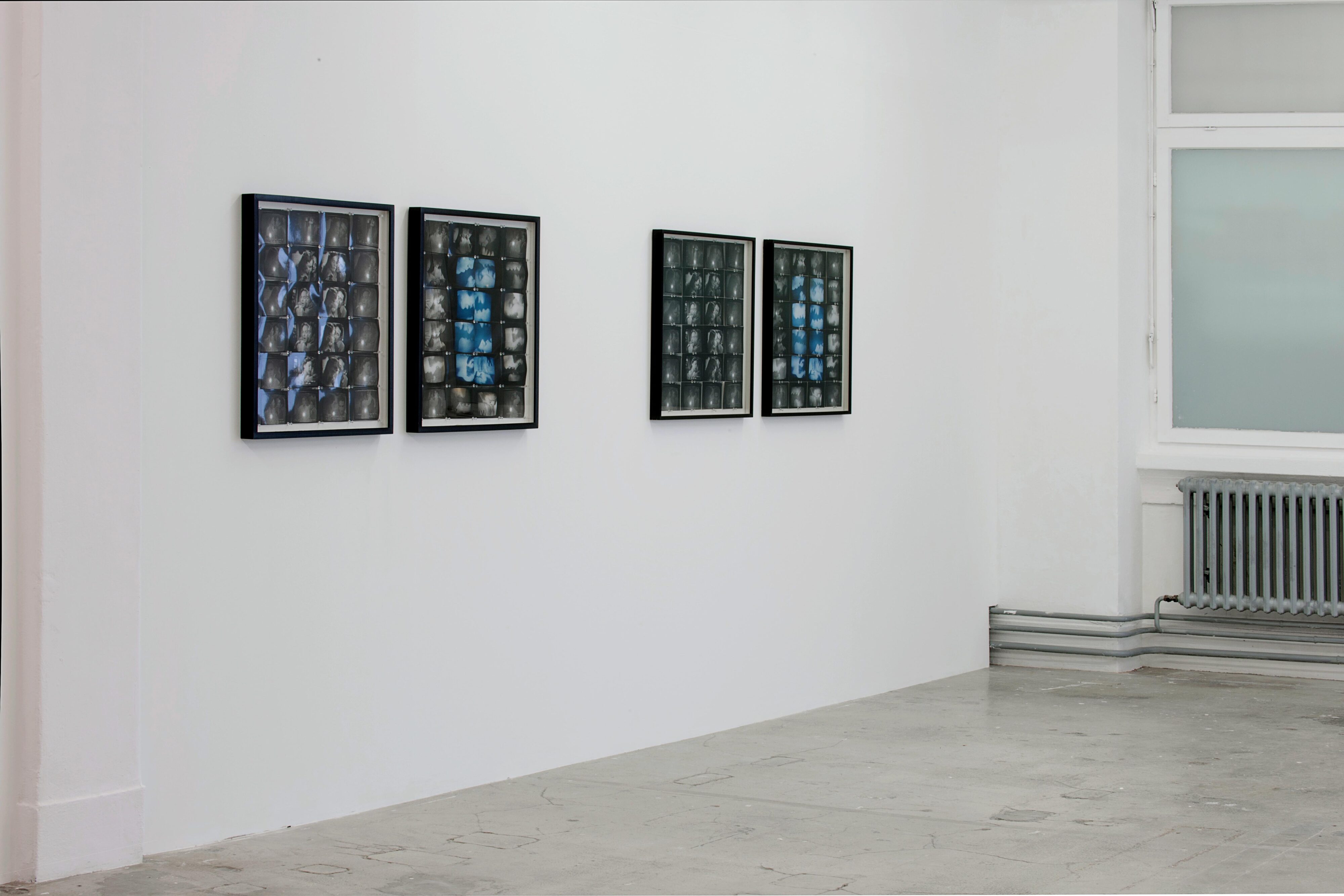
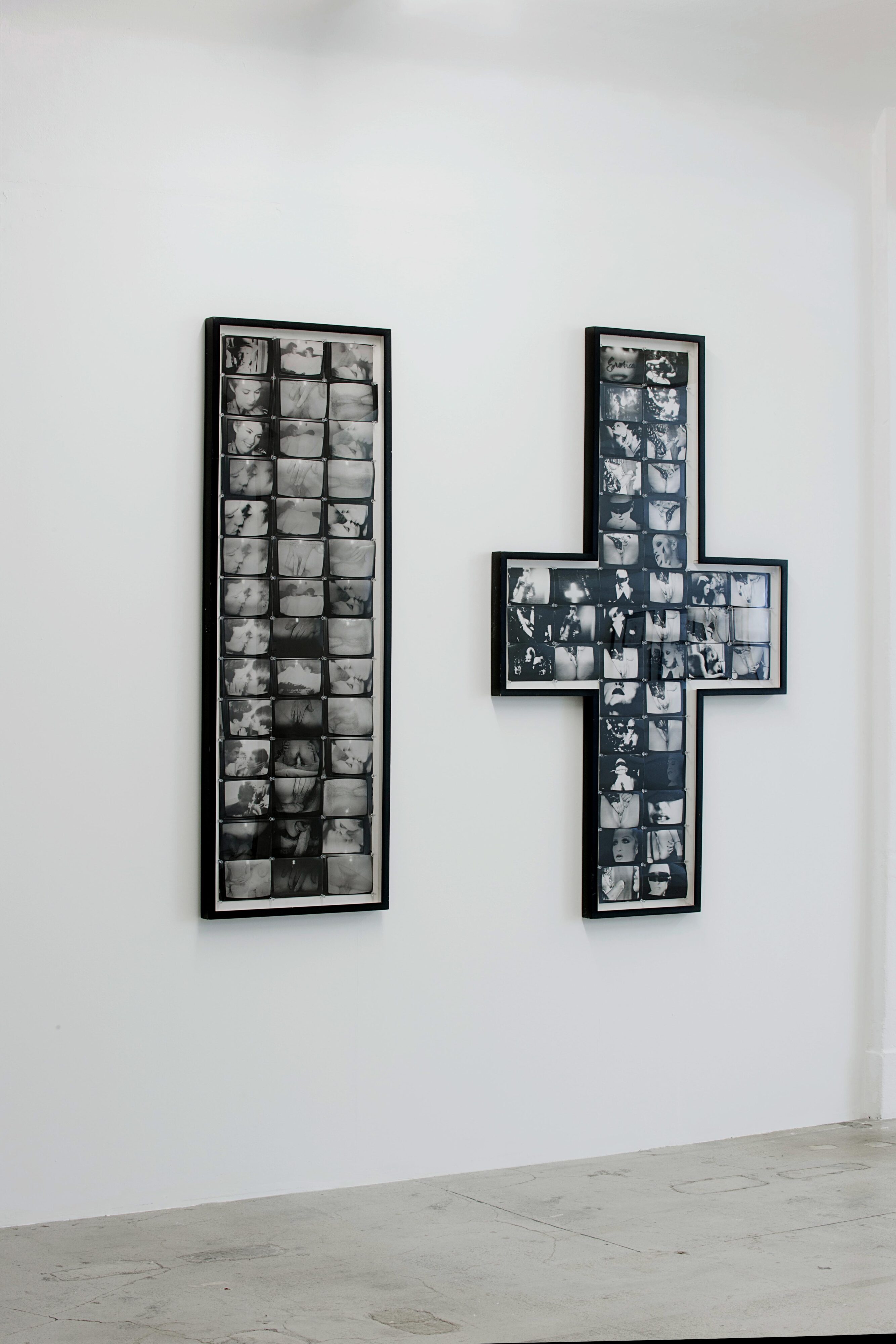
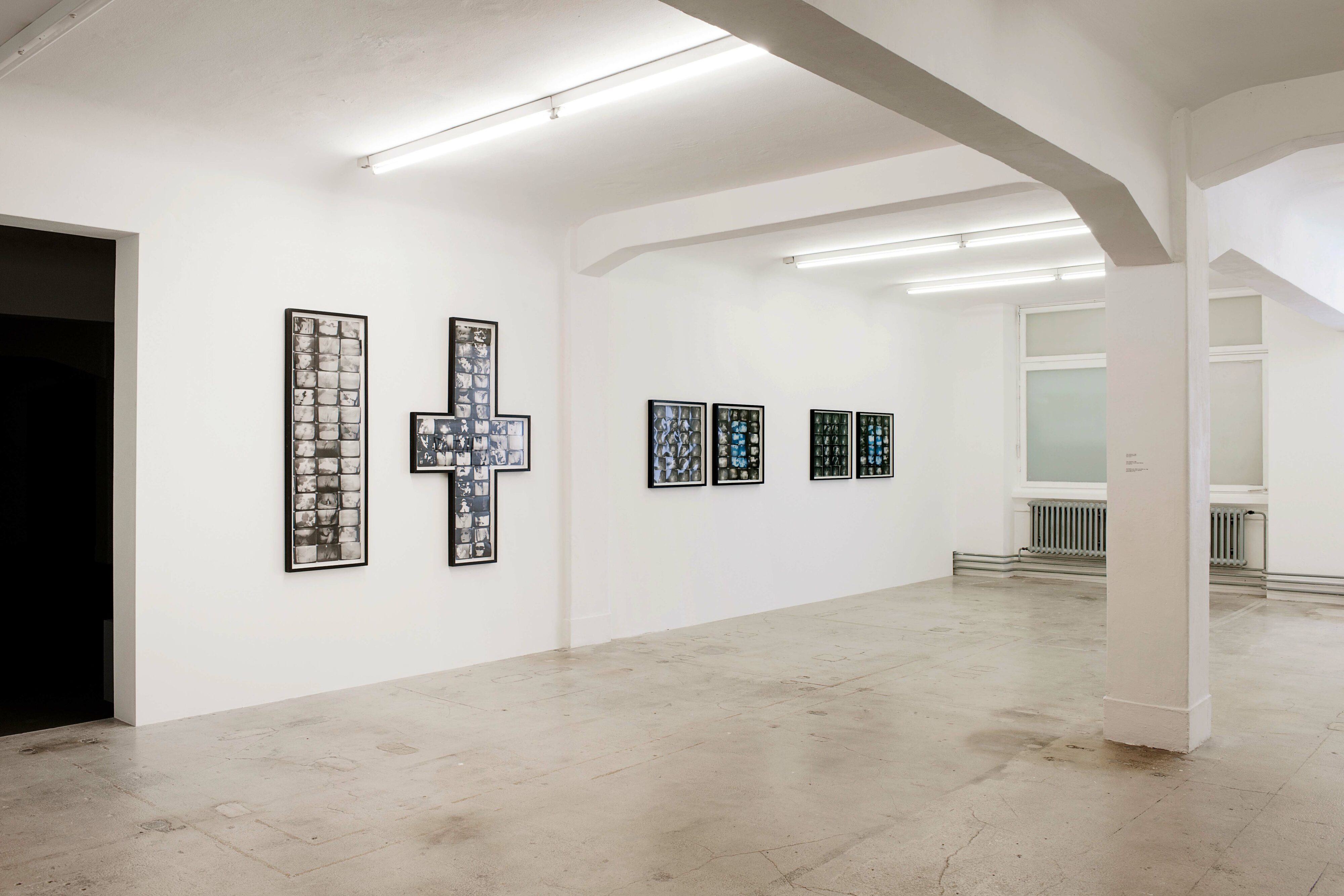


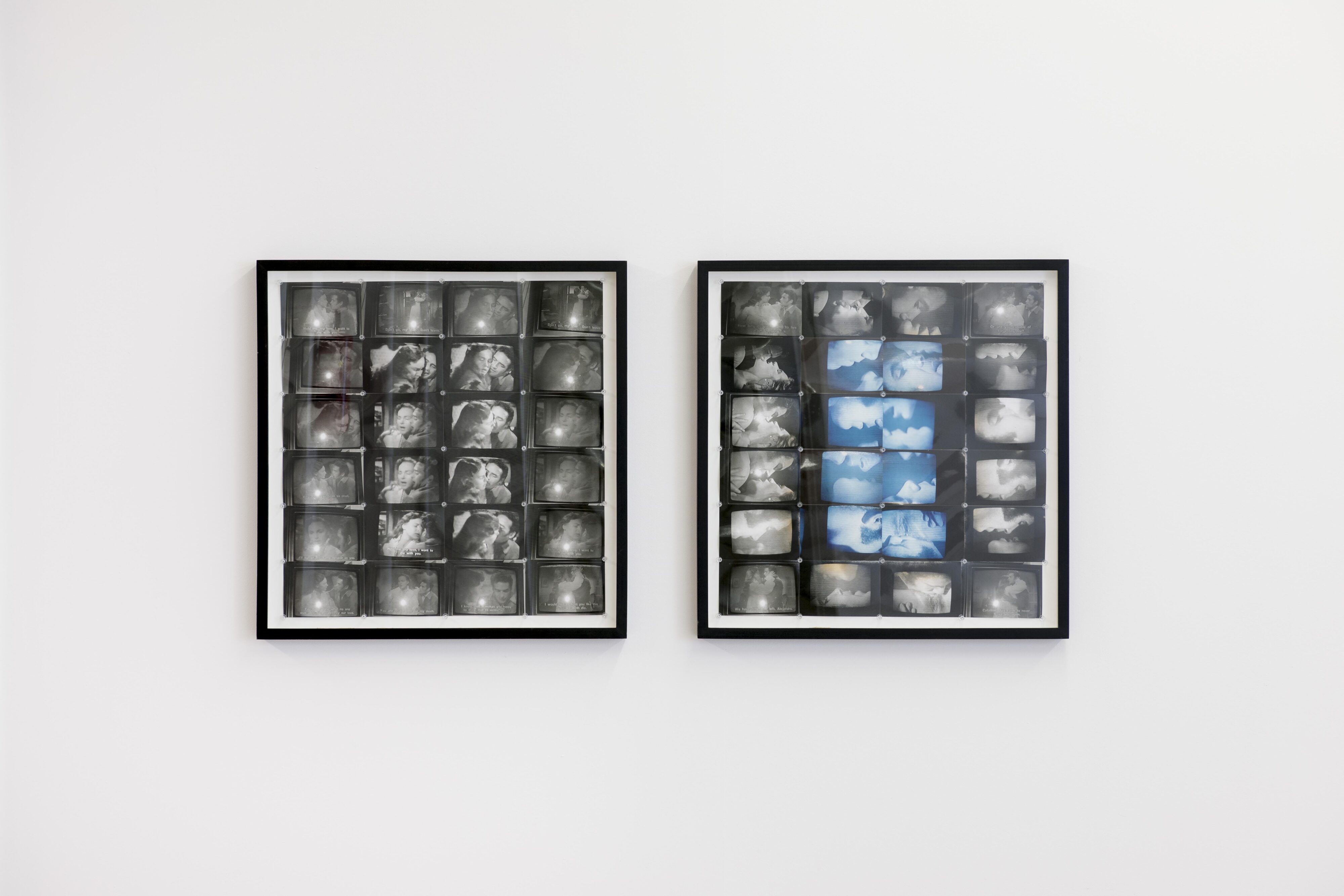
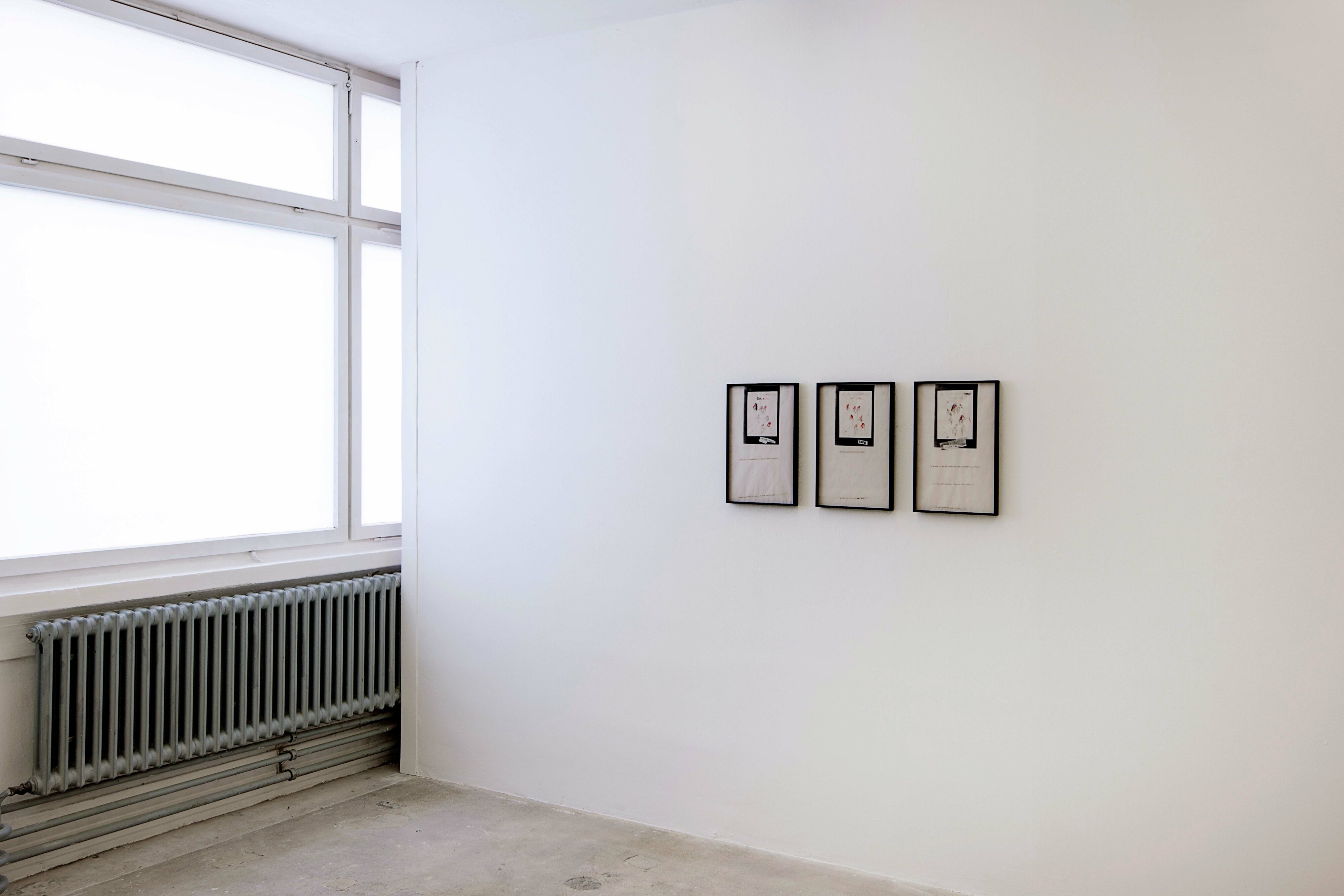
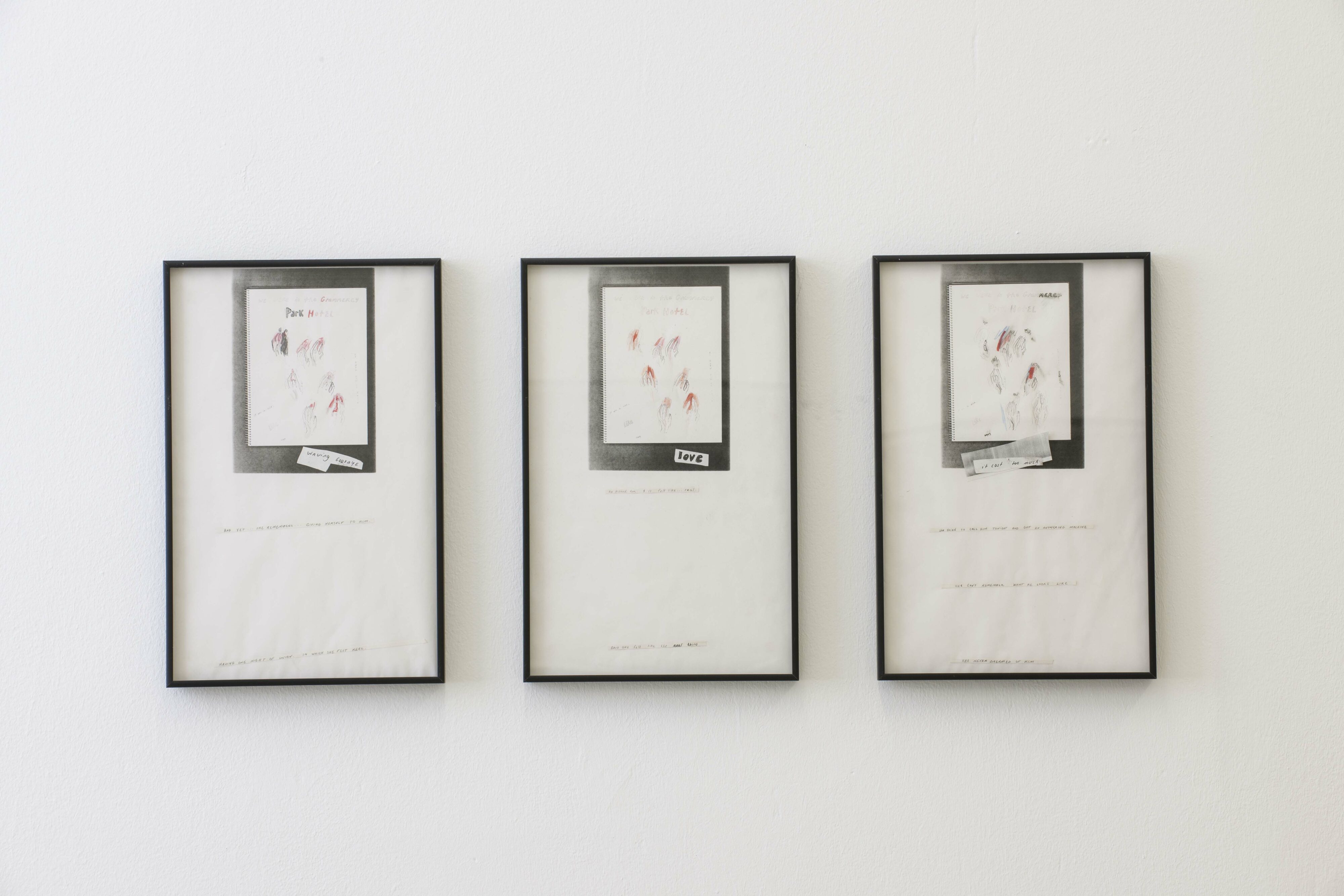
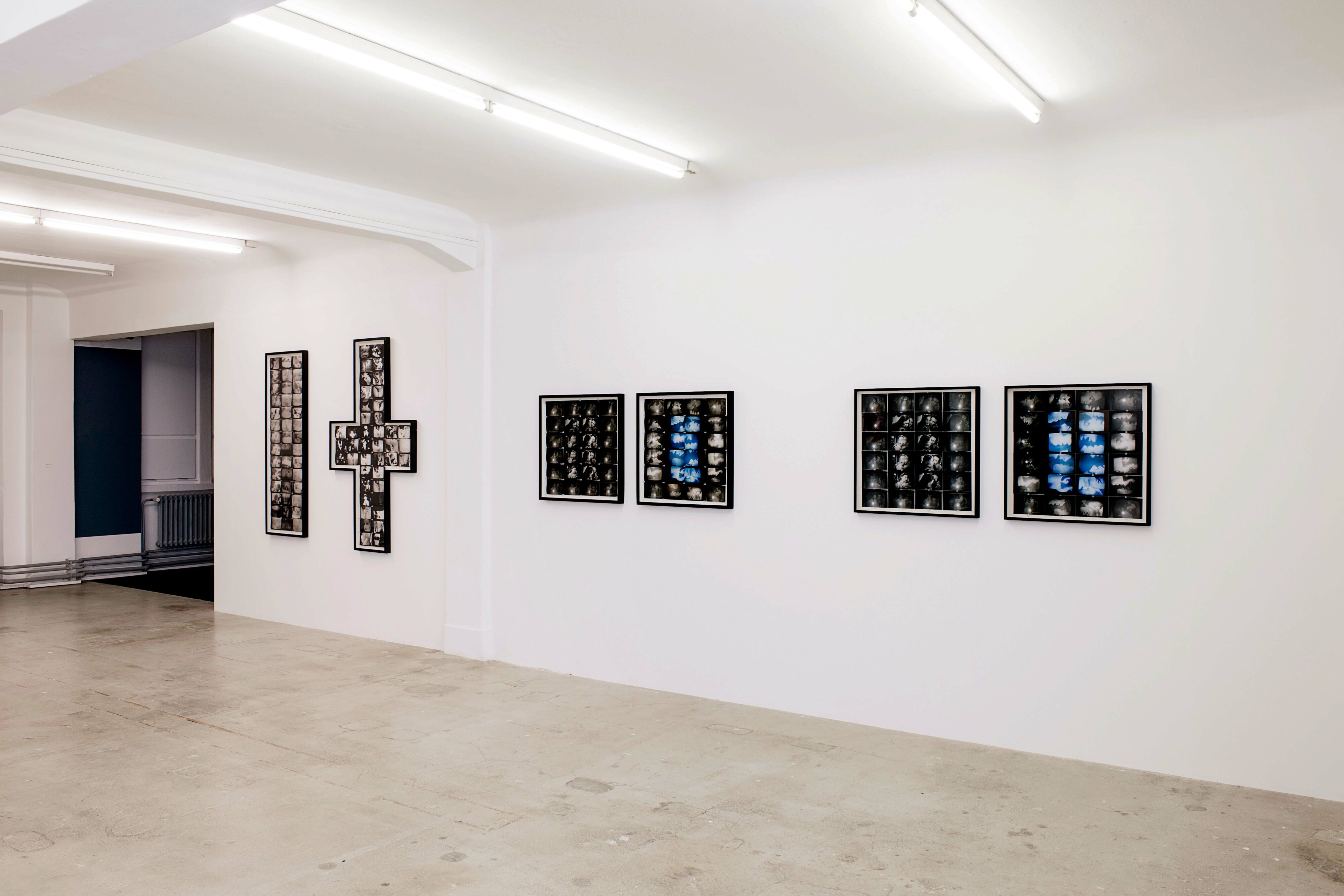
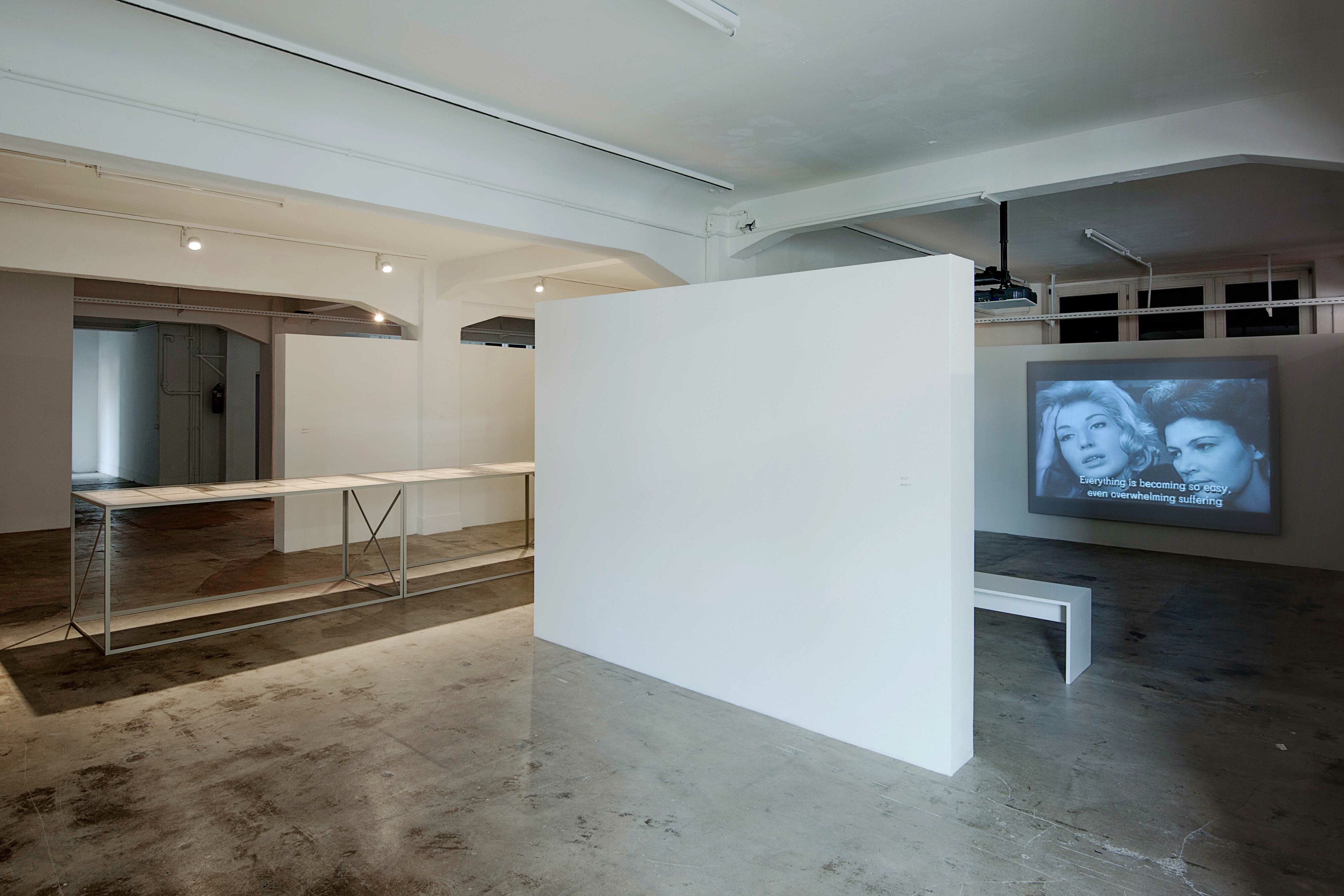
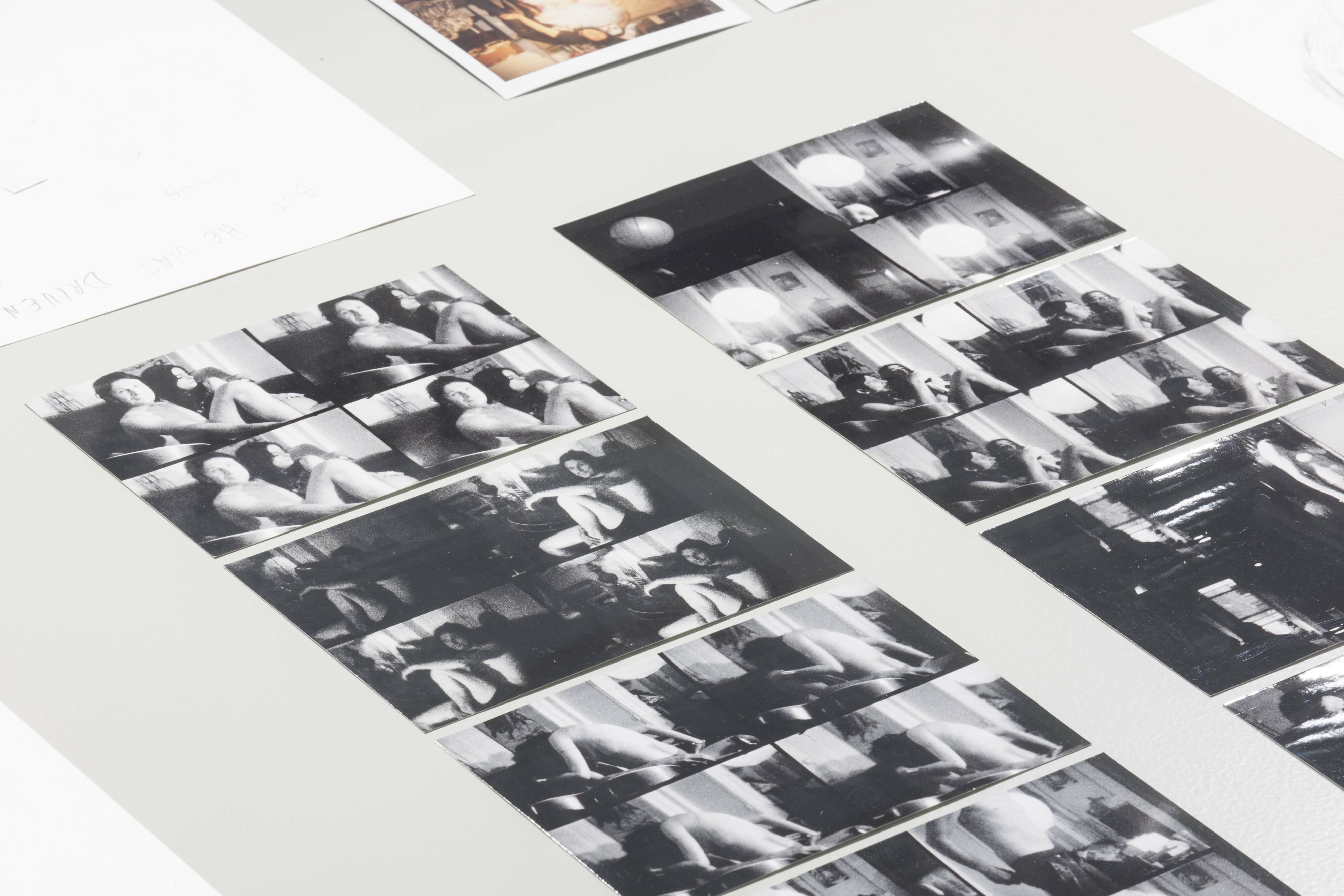

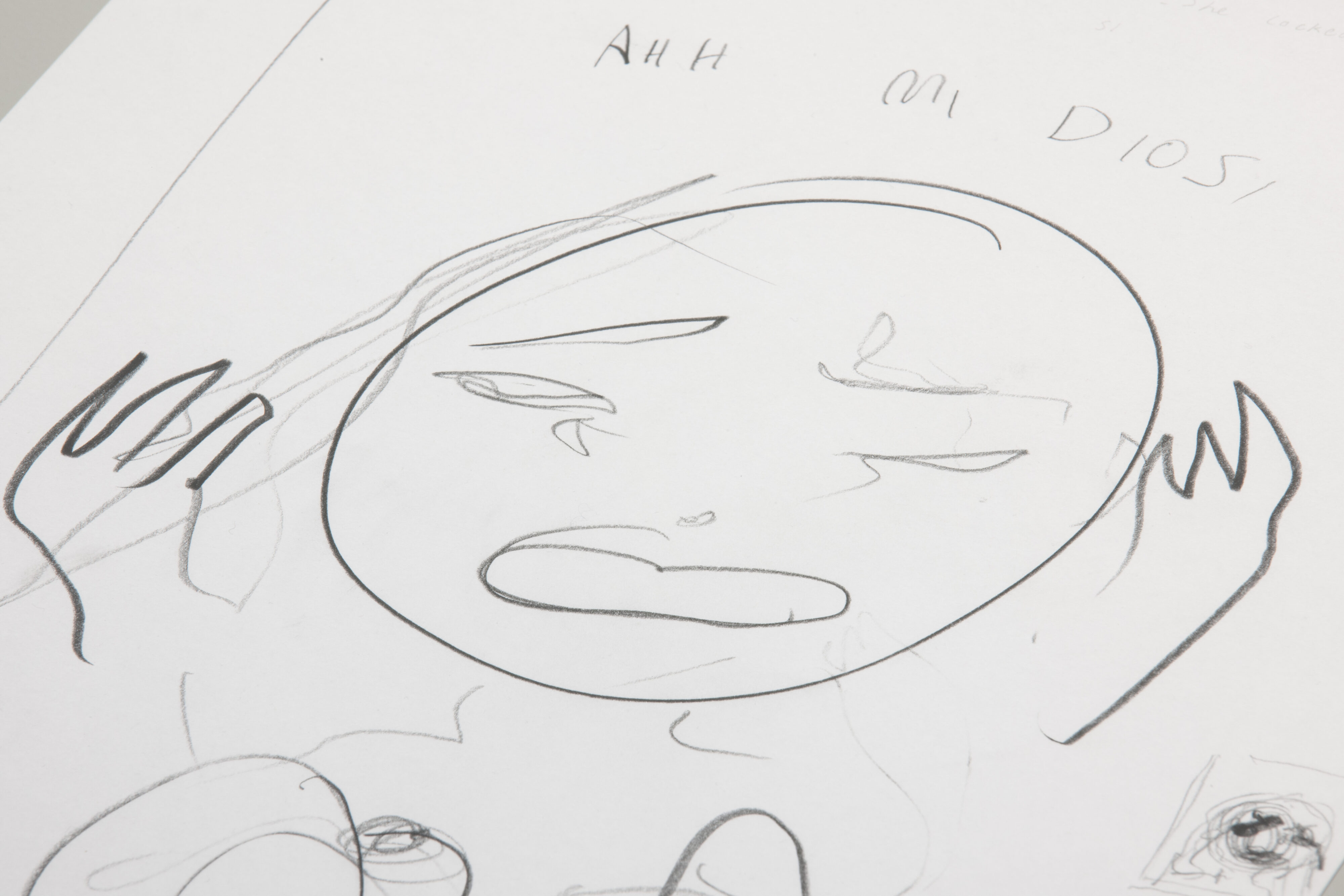
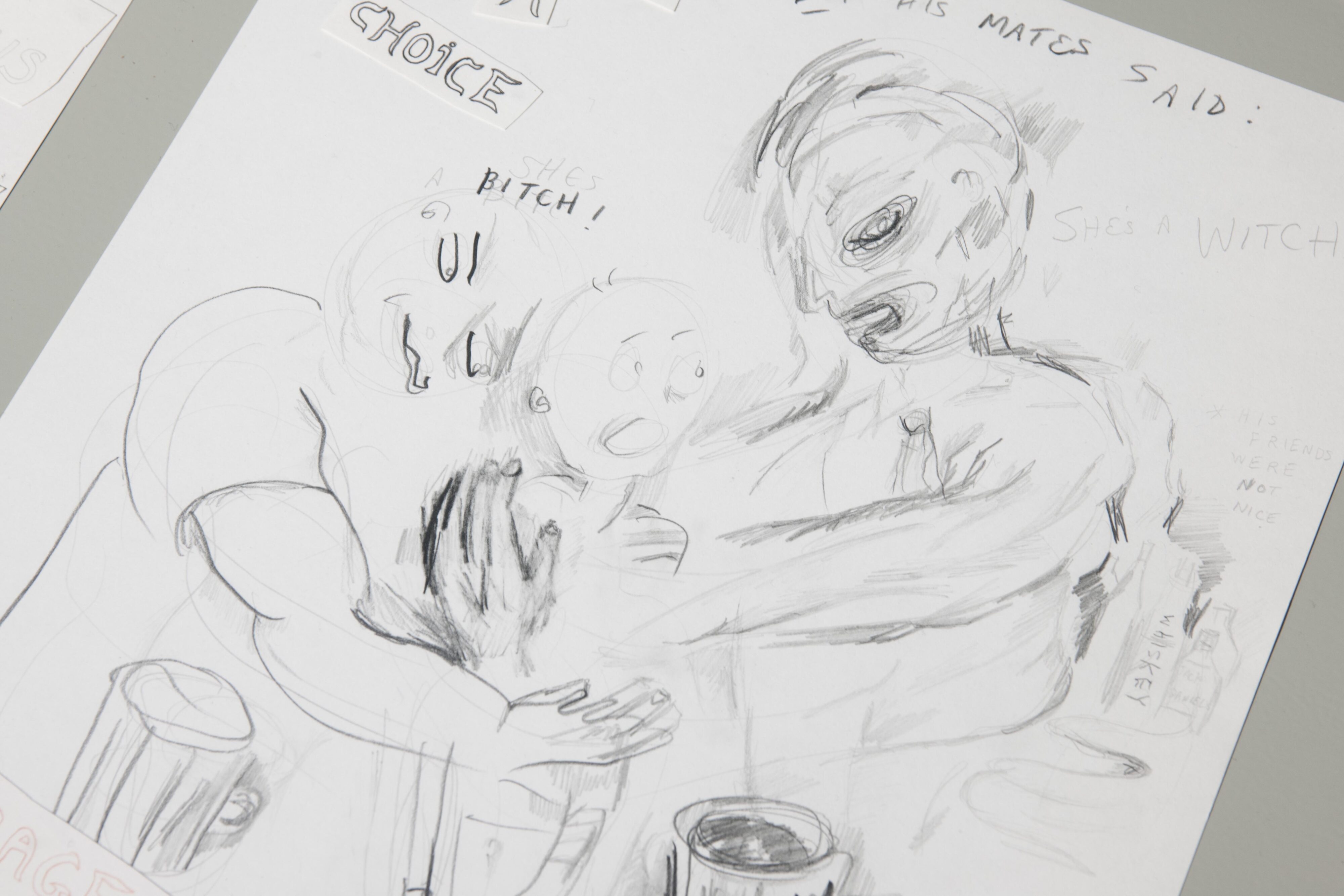
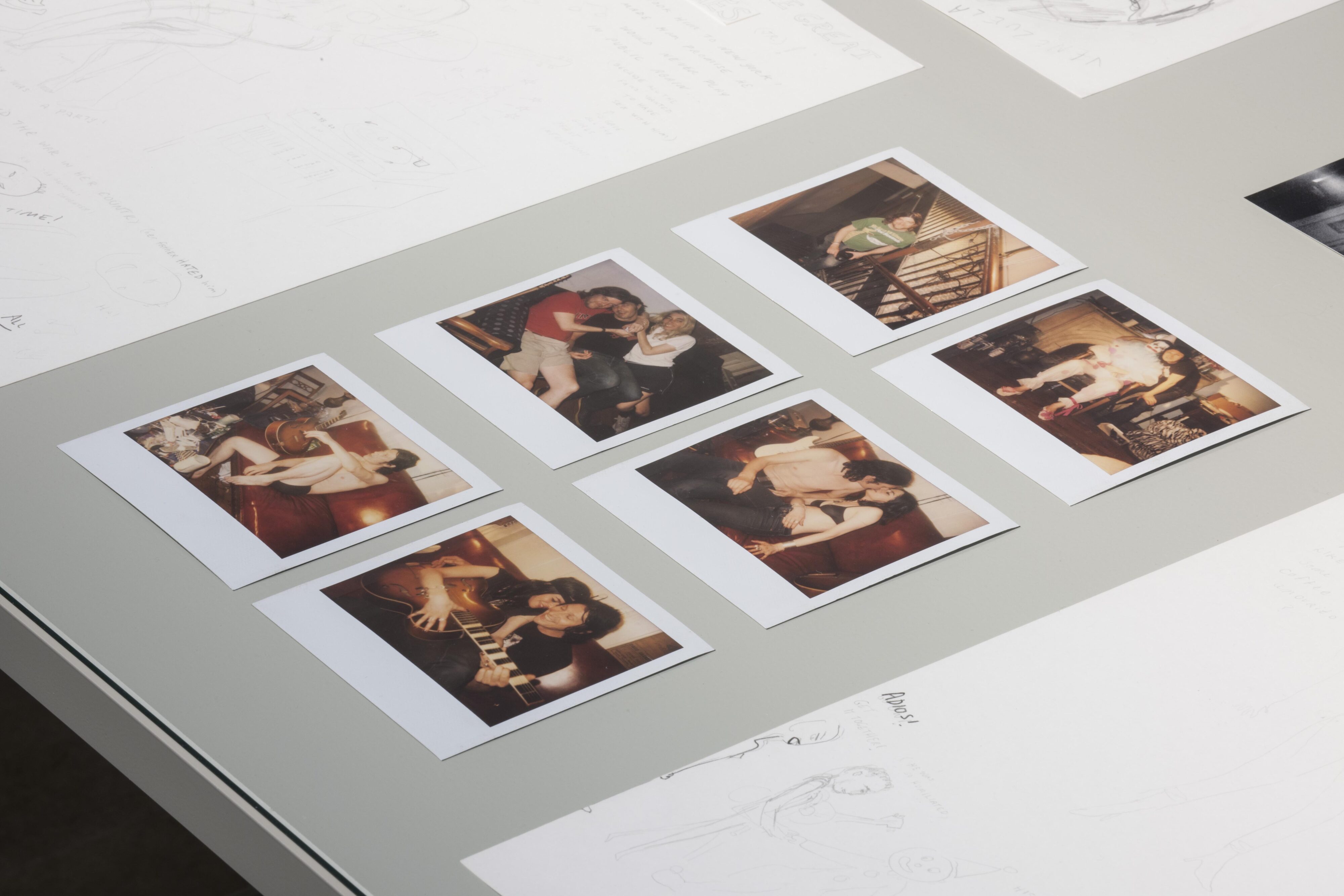
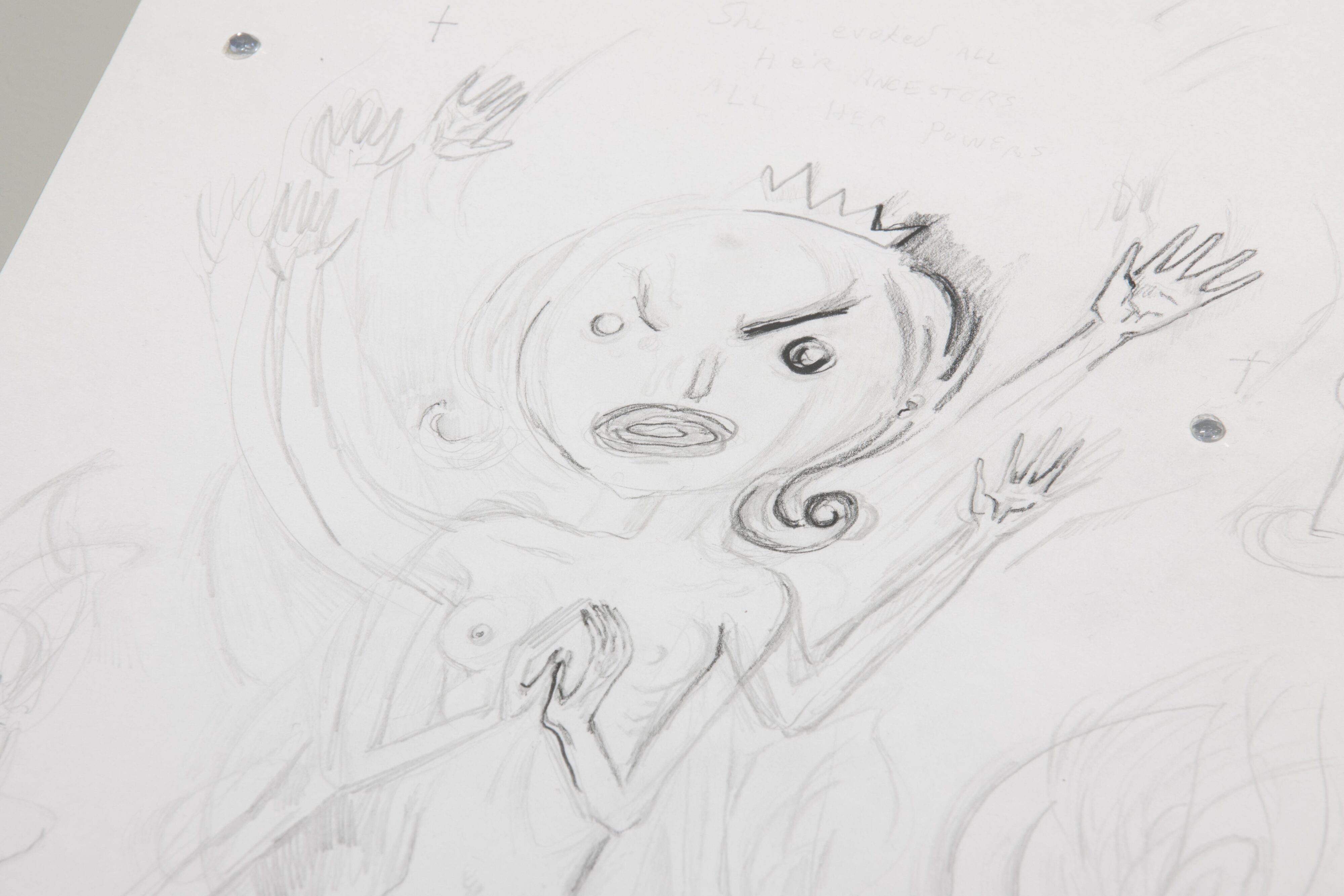
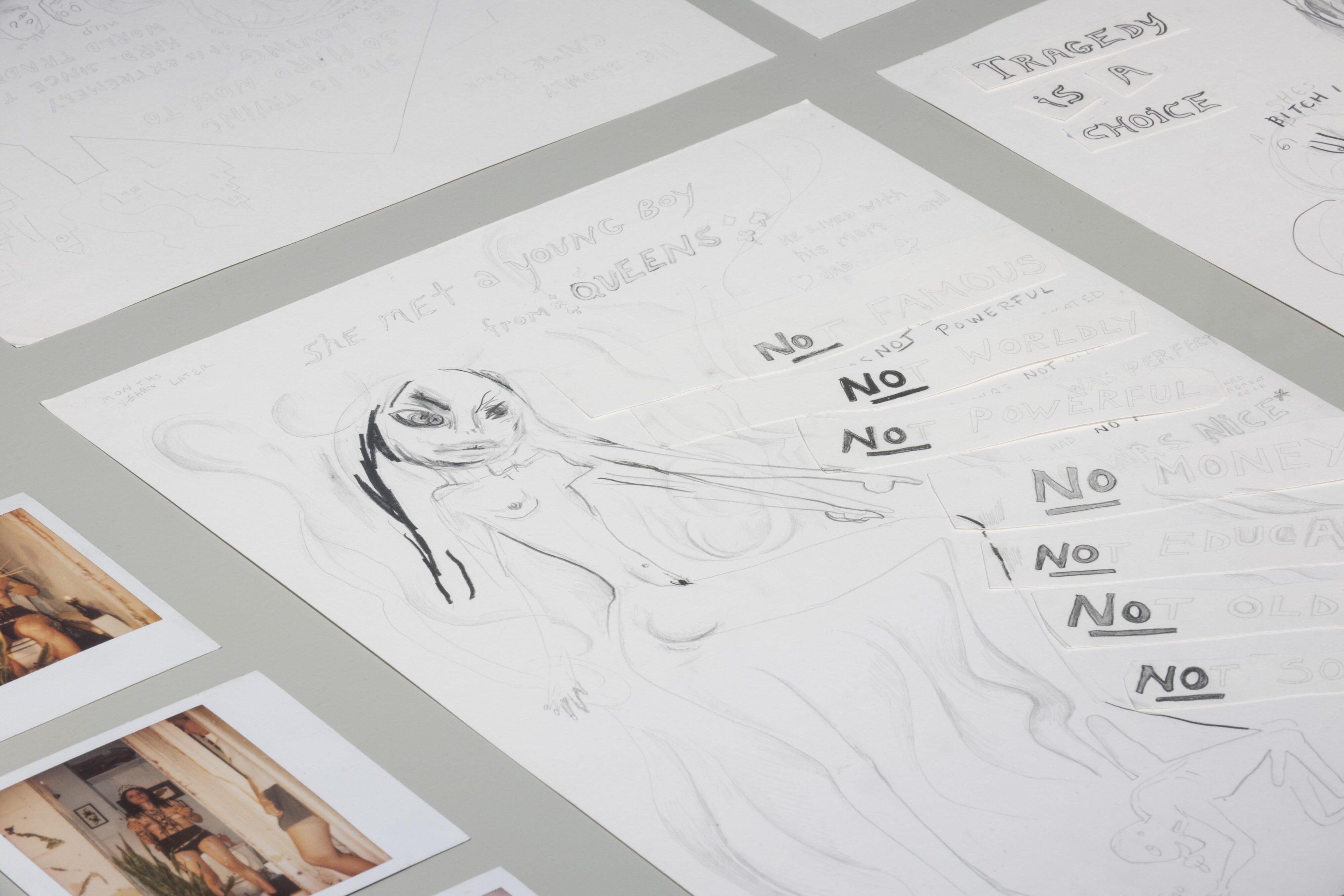
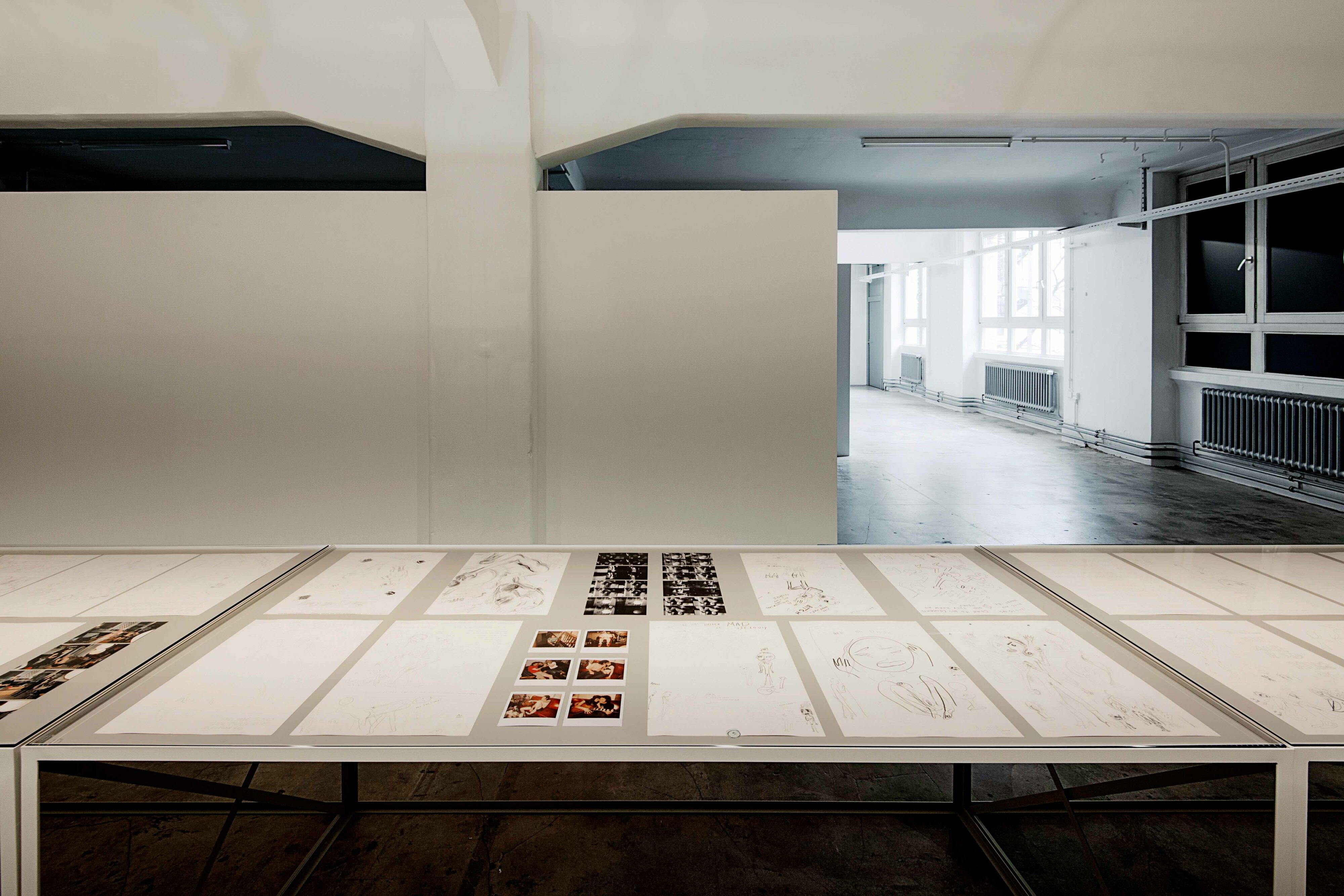
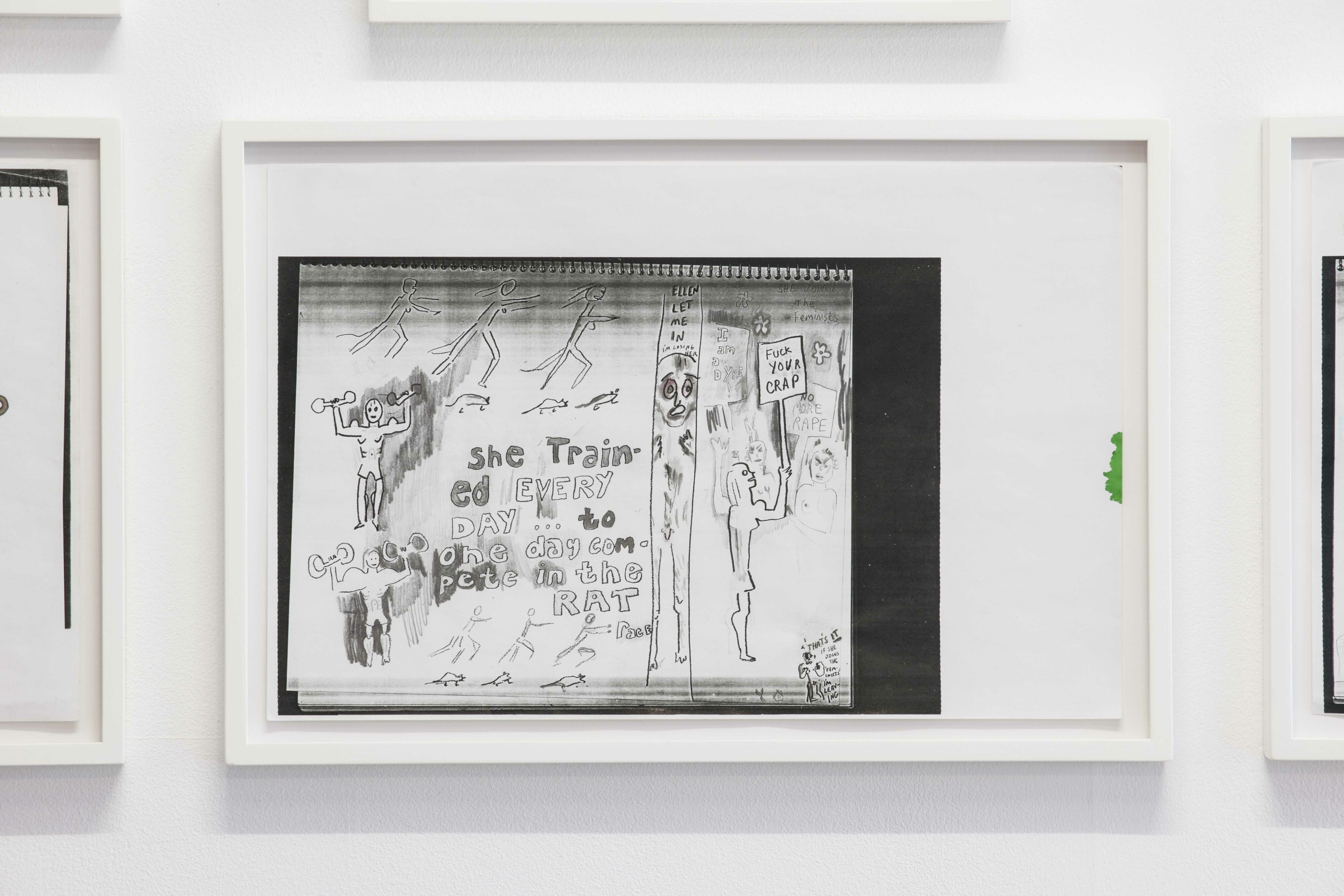
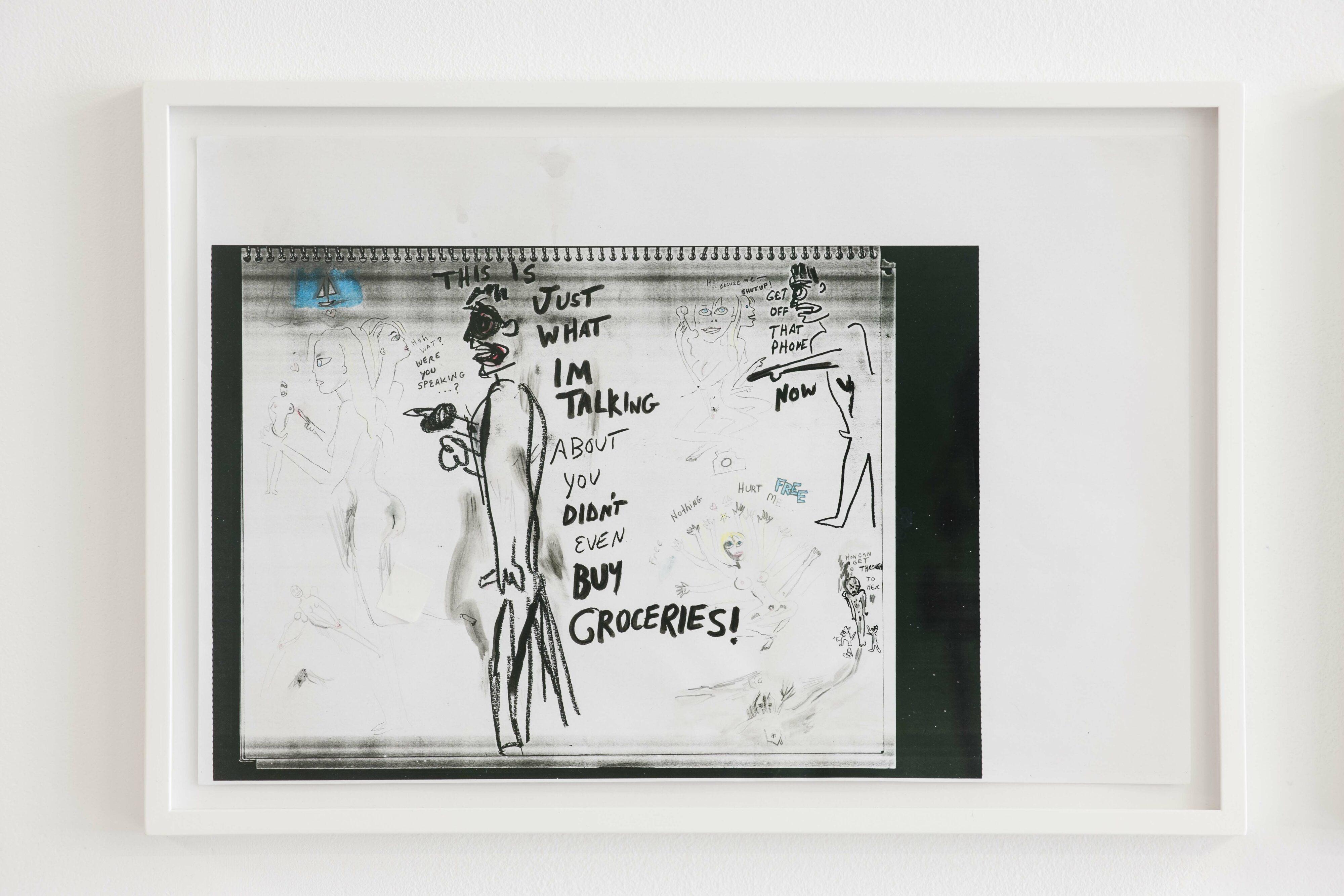
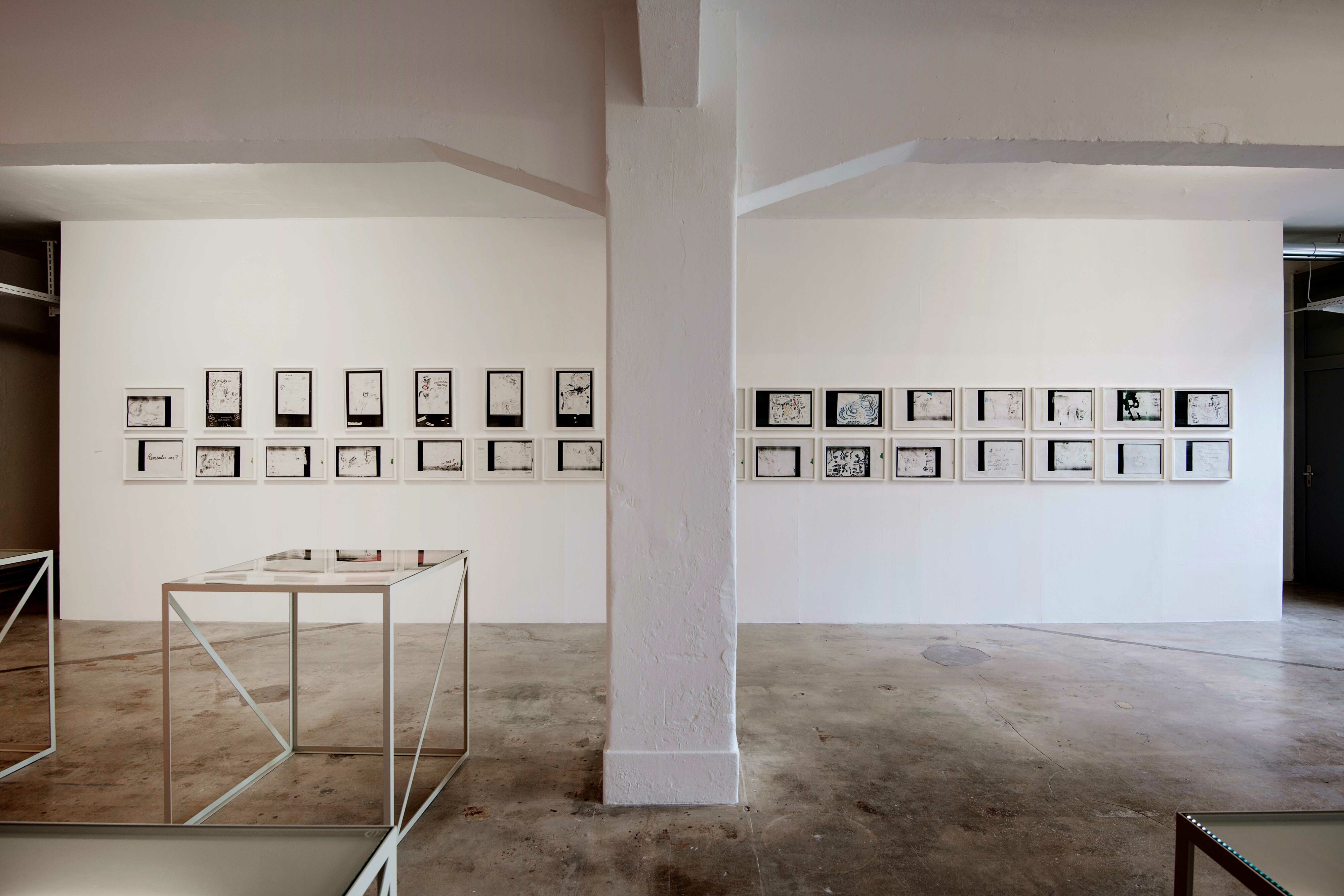

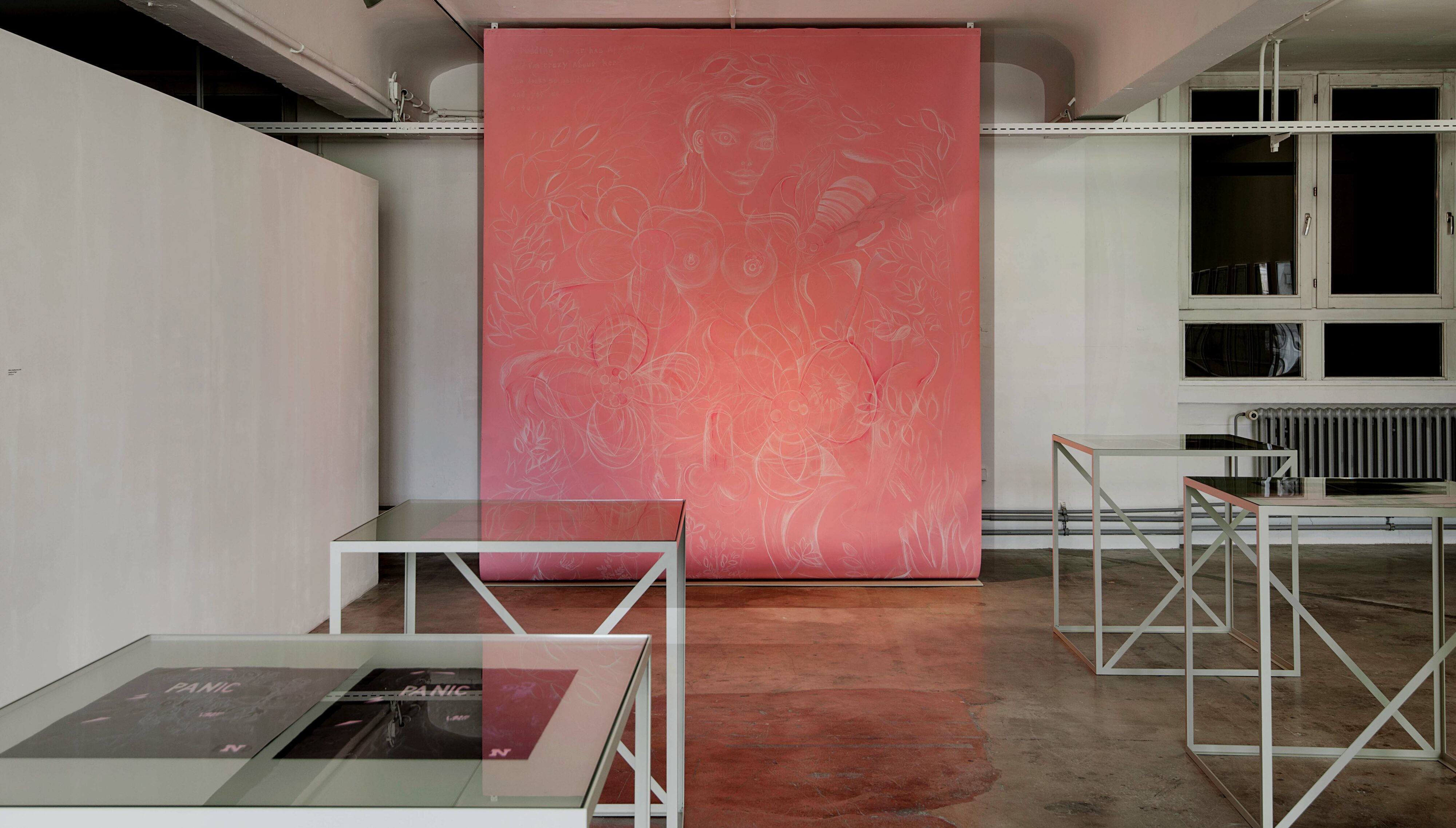
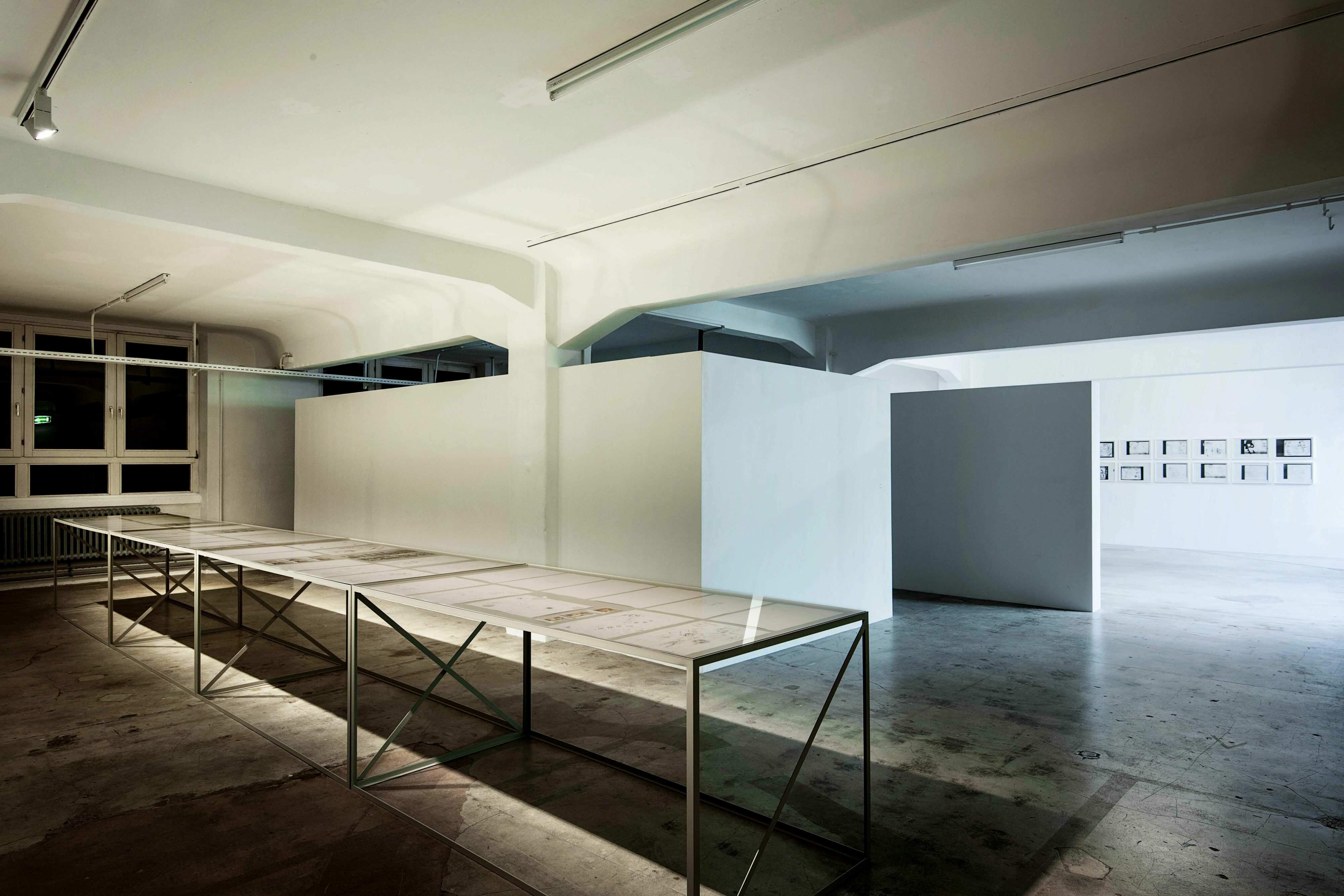
Künstlerhaus Stuttgart is delighted to announce the appointment of its new Artistic Director, Fatima Hellberg. The London-based curator was unanimously selected by the committee from a large and competitive international list of applicants. The appointment follows a line of Artistic Directors devoted to national and international excellence, with predecessors including Ute Meta Bauer, Nicholas Schaffhausen, Elke aus dem Moore, Axel John Wieder and most recently Adnan Yildiz.
Hellberg has curated exhibitions and projects in the UK and internationally, including at Tate Modern, South London Gallery, Malmö Konsthall (Sweden), ICA (London), and worked with artists and thinkers including Gregg Bordowitz, James Richards, Laurie Spiegel, Beatriz Preciado and Julia Heyward. She is curator at Cubitt in London (until June 2015), where she has been running a thorough and experimental programme of exhibitions, performances and publications and was previously curator at Electra, London.
Hellberg contributes to Frieze, Texte zur Kunst and Afterall and has given talks or lectured at If I Can’t Dance, I Don’t Want To Be Part of Your Revolution (Amsterdam), KunstWerke, (Berlin); Sandberg Institute (Amsterdam); Tate Modern (London); Museum of Modern Art Warsaw, and others. Originally from Sweden, Hellberg studied History of Art and Visual Culture at Oxford University and thereafter the Curating Contemporary Art MA at the Royal College of Art, London.
Hellberg’s programme at the Künstlerhaus is launched on 27 March 2015. The first chairperson of Künstlerhaus Stuttgart, Dr. Hannelore Paflik-Huber, sees the Board’s vote for Fatima Hellberg as a choice for an independent, intelligent and challenging program, furthering the Künstlerhaus’ tradition as an ambitious space for experimental work with a rich history, and distinctive vision.
02:00pm–11:00pm
Graham Lambkin and artist Ed Atkins will discuss how matter, intimacy, accident and place figure in the making and reception of Lambkin’s work.
Graham Lambkin is a multidisciplinary artist based in Upstate New York who first came to prominence in the early 90s through the formation of his music group The Shadow Ring. Following the dissolution of The Shadow Ring Lambkin embarked on a series of striking and highly original solo releases, including Salmon Run (2007) and Amateur Doubles (2012), a critically acclaimed trilogy with experimental tape musician Jason Lescalleet: The Breadwinner (2007), Air Supply (2010) and Photographs (2013), and Making A (2013), a collaboration with renowned table-top guitarist and founding member of the AMM group, Keith Rowe. His latest release, Schwarze Riesenfalter, sees Lambkin paired with Wandelweiser composer Michael Pisaro in a musical reimagining for the texts of Georg Trakl.
Photography: Mona Zeiler
Kindly supported by

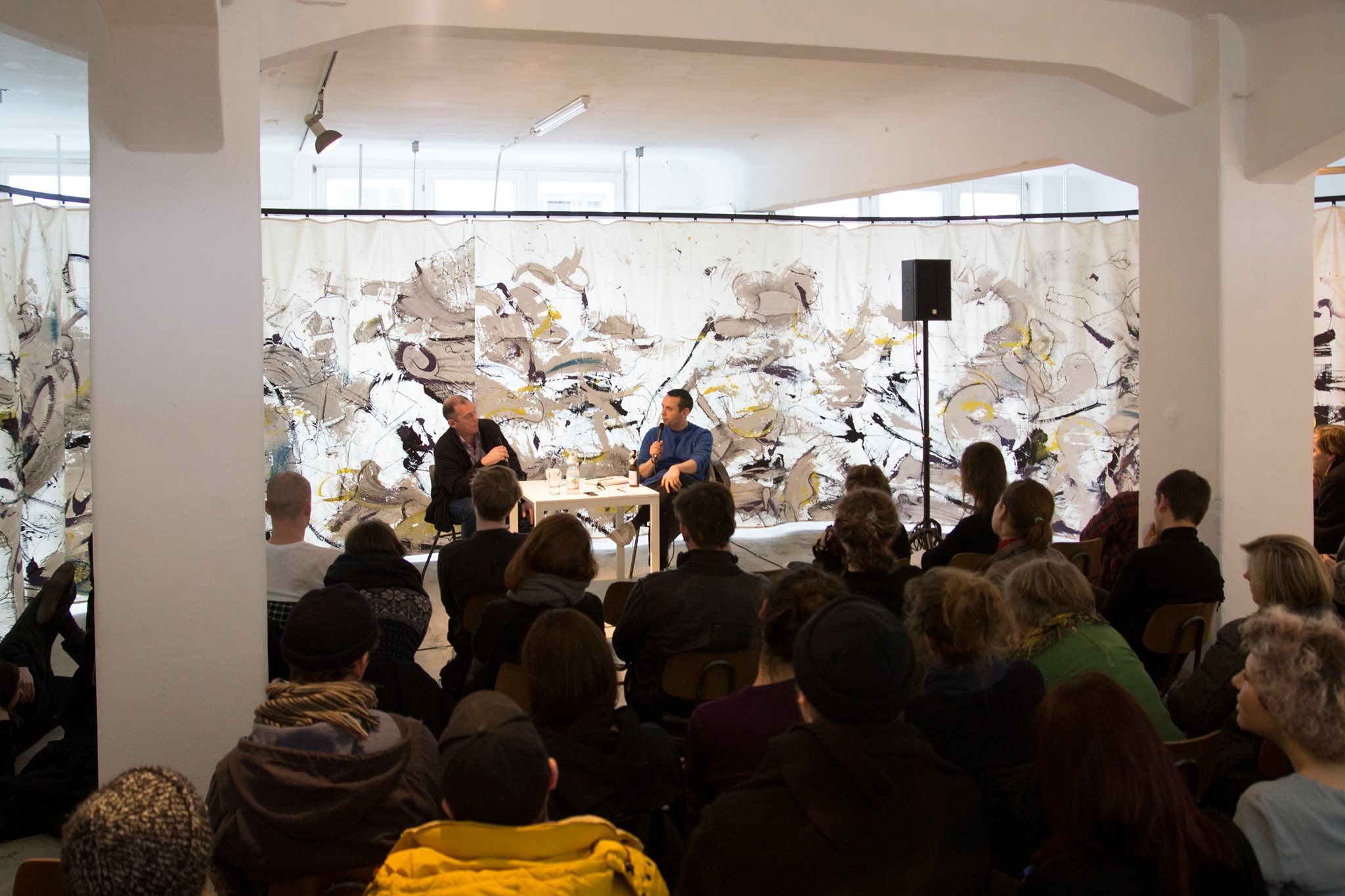
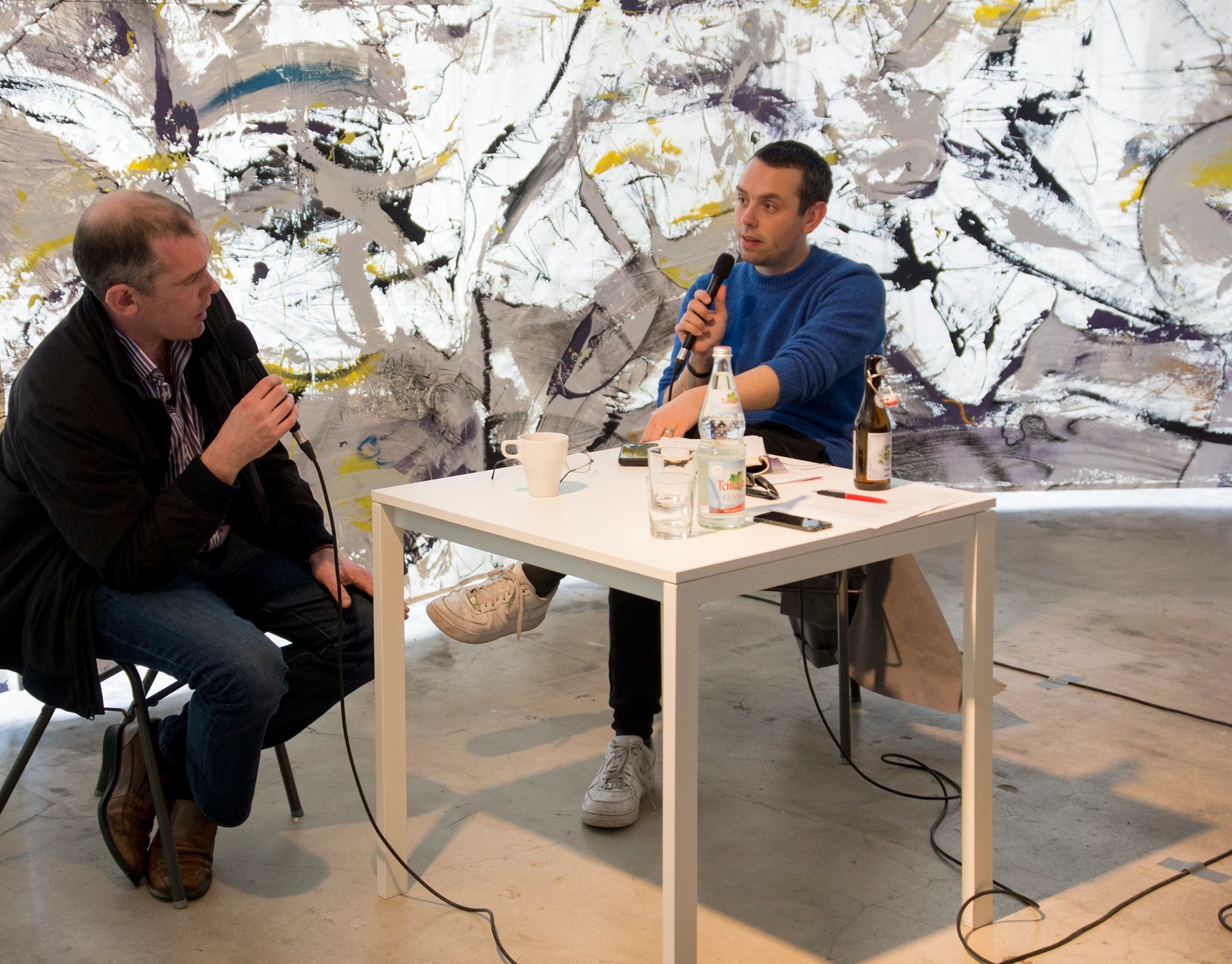
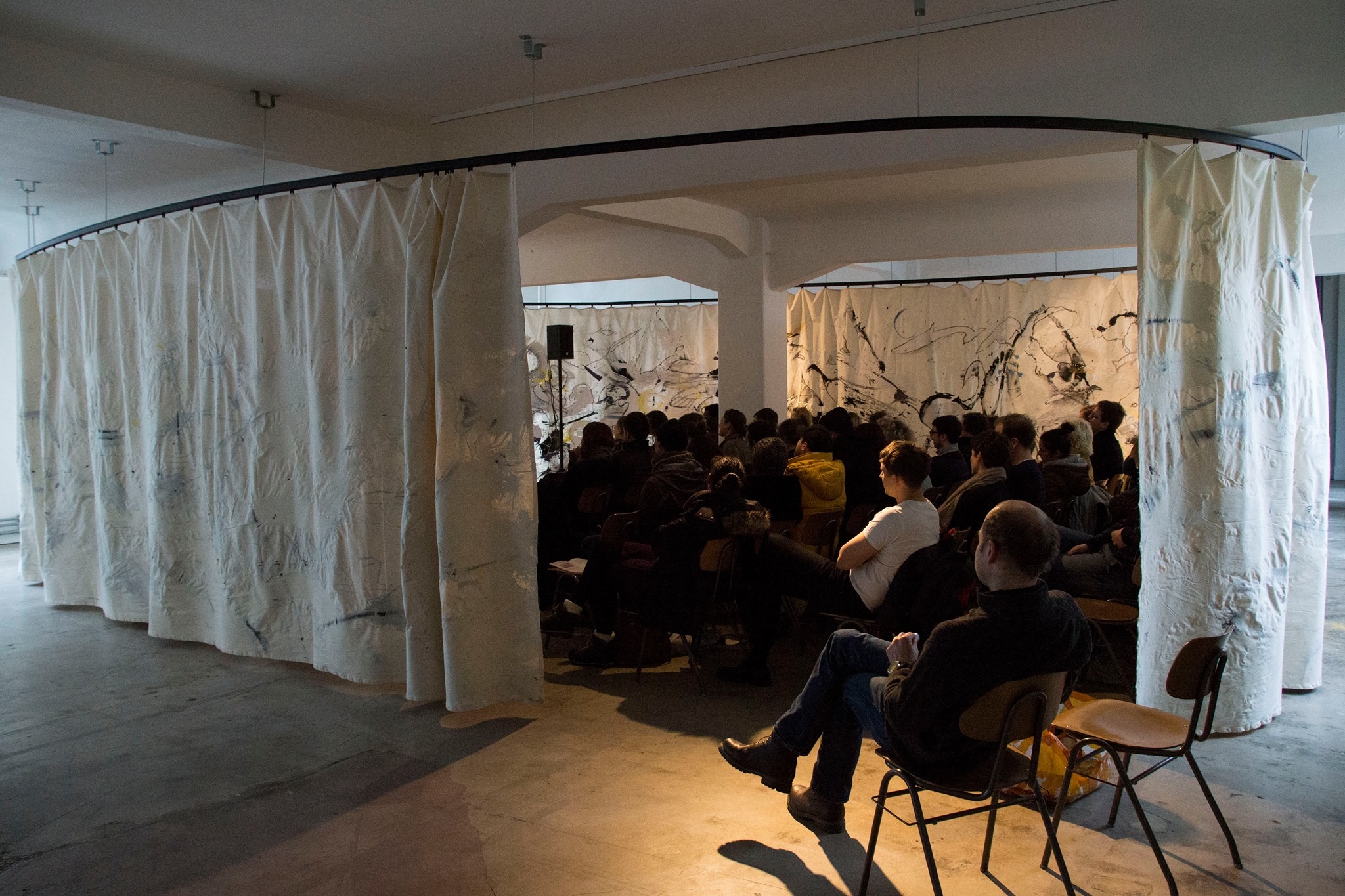
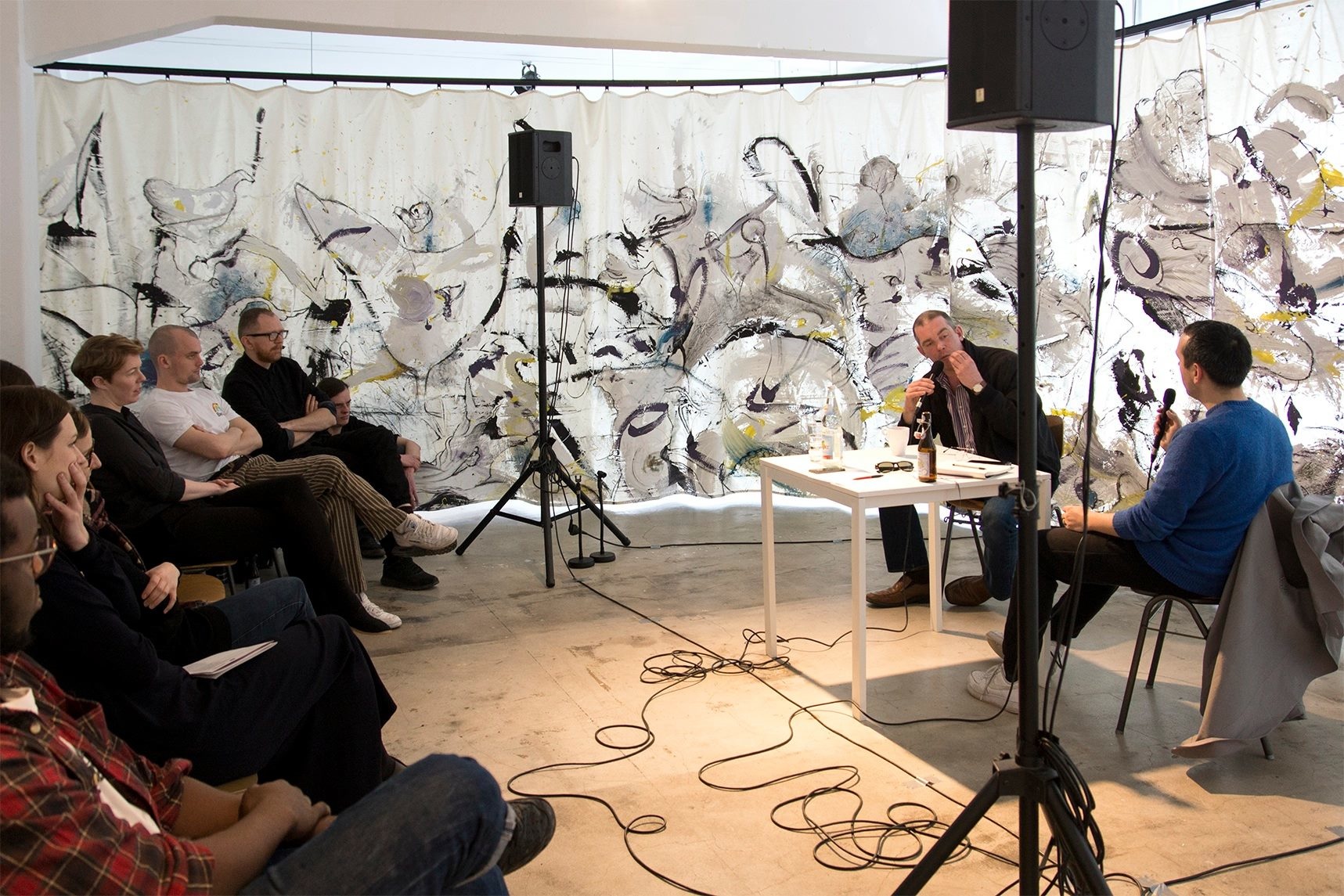
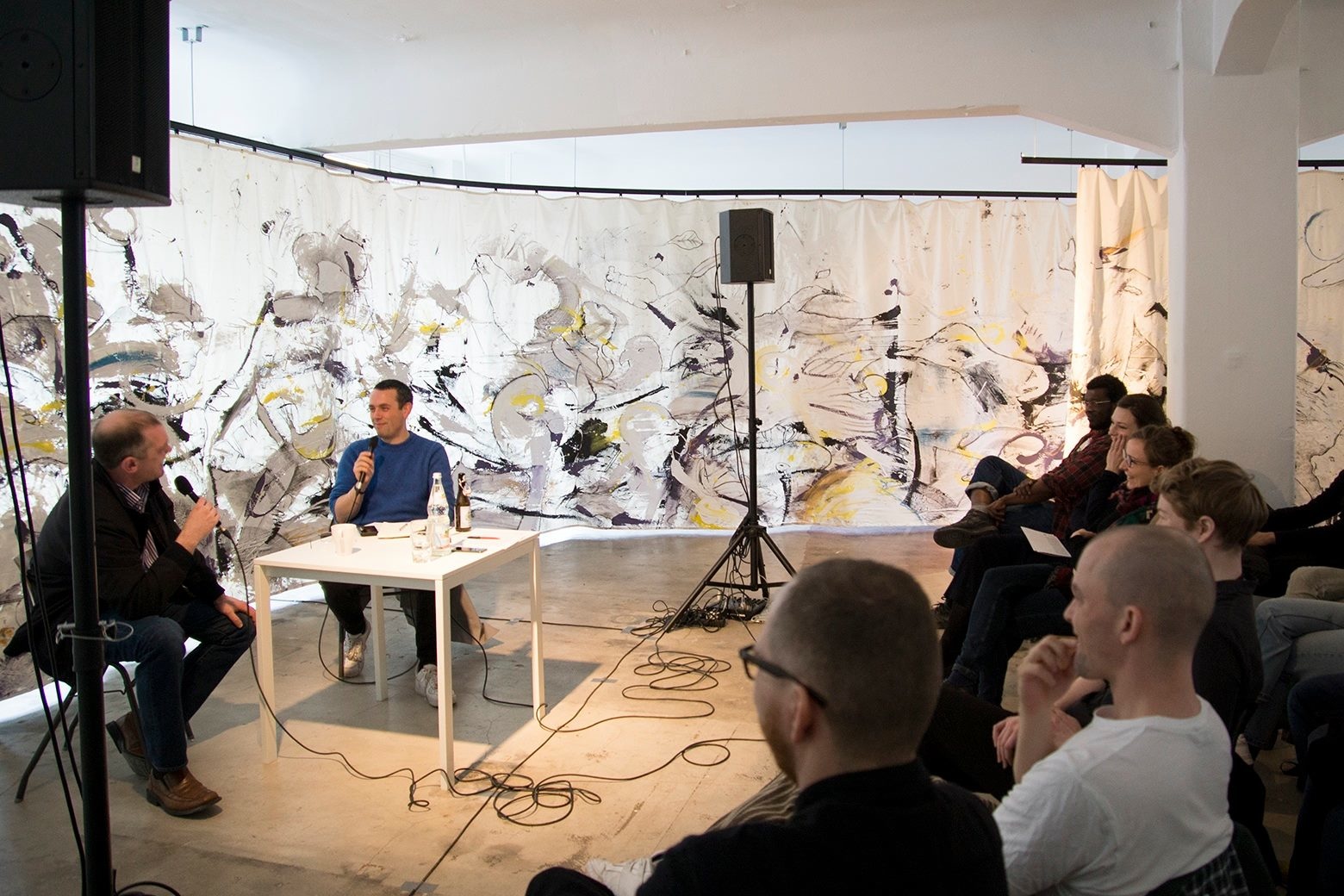
It is difficult not to speak of weight when considering the work of Graham Lambkin: gravity, the removal of weight, and loss. His work with music came into consciousness in the early 1990s through The Shadow Ring. The sound of the group involved a restless and sensitive move between genres and forms: a D.I.Y post-punk ethic merged with cracked electronics and a close sense of the texture, feel and force of language.
As in his continued solo work and dialogues with other musicians – from Salmon Run and Amateur Doubles to Breadwinner and Making A – Lambkin’s drawings emerge from an acute sense of specificity around the depths of sound. Here method is an underpinning and cohesive principle: an intimacy and economy of means, a fascination with the domestic field recording and its potential vulnerability, and a necessary faith in the generative and transgressive potential of coincidence.
In Moon blows close, Lambkin’s largest exhibition to date, his long-running gravitation towards the edge of things is played out across a live performance, a specifically conceived salon, and a body of new drawing and painting based work. The space for the sound-based activities takes the form of a 40-metre painted backdrop – a curved soft architecture and holding environment for Lambkin’s performance and subsequent sound work, as well as a space for his conversation with Ed Atkins.
The mode of display for the new suite of watercolours and drawings for Moon blows close is a system of screens – a nod to Lambkin’s ambivalent impulse of hiding, layering and revealing in the build up and articulation of his practice. Despite the undeniable drive in the work towards the space of being in the zone – a space of deep concentration and relinquishing to a process – there is also an underpinning and restless sense of an affective politics in the practice. A dual melancholy and sense of the transience of things felt in the central poem and ‘mood board’ of Moon blows close:
Turning in to meet a kiss
three soft words blow close
through the open aperture
sending the day’s last message
the future of wind on stone
Now it is quiet
He puts out his hand,
and touches wax.
Realised with support from pbb Stiftung für Kunst und Wissenschaft.
Photography: Frank Kleinbach


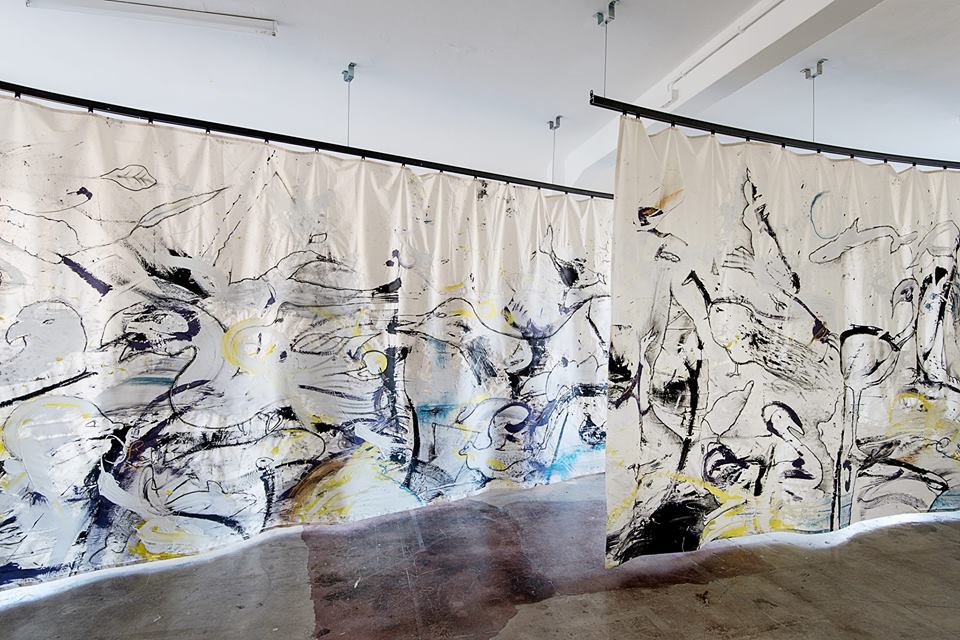

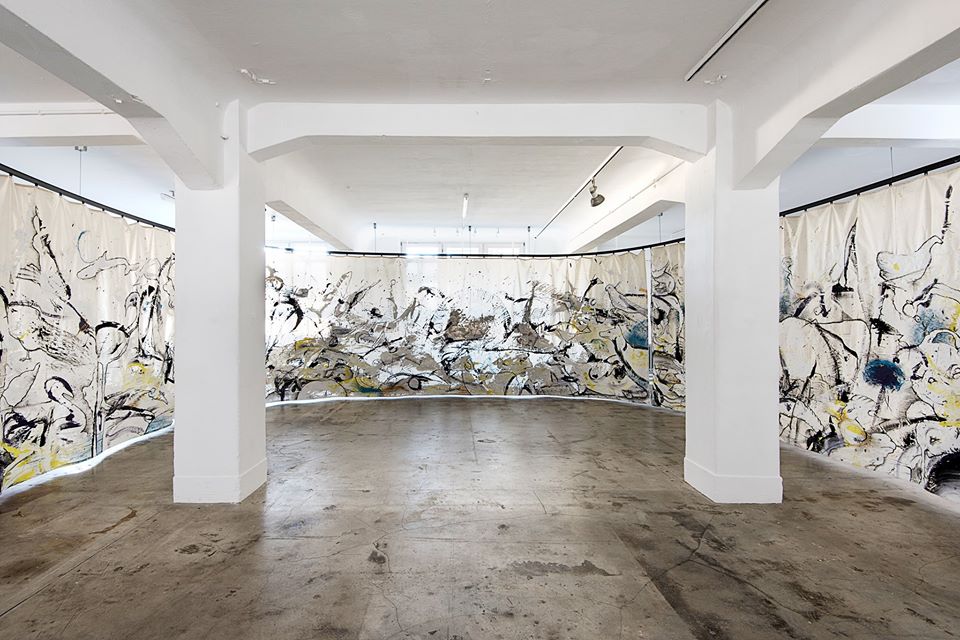


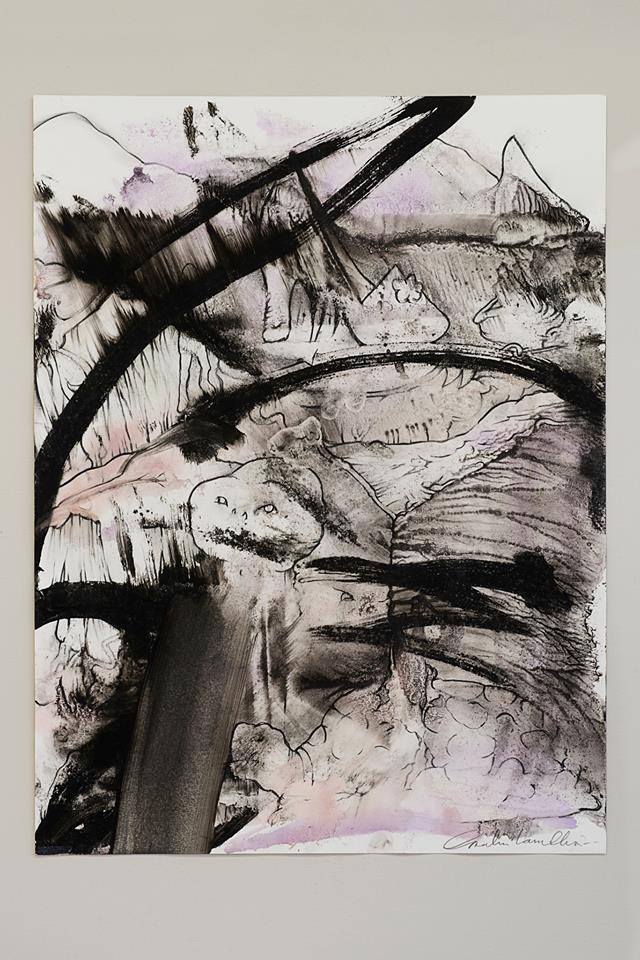
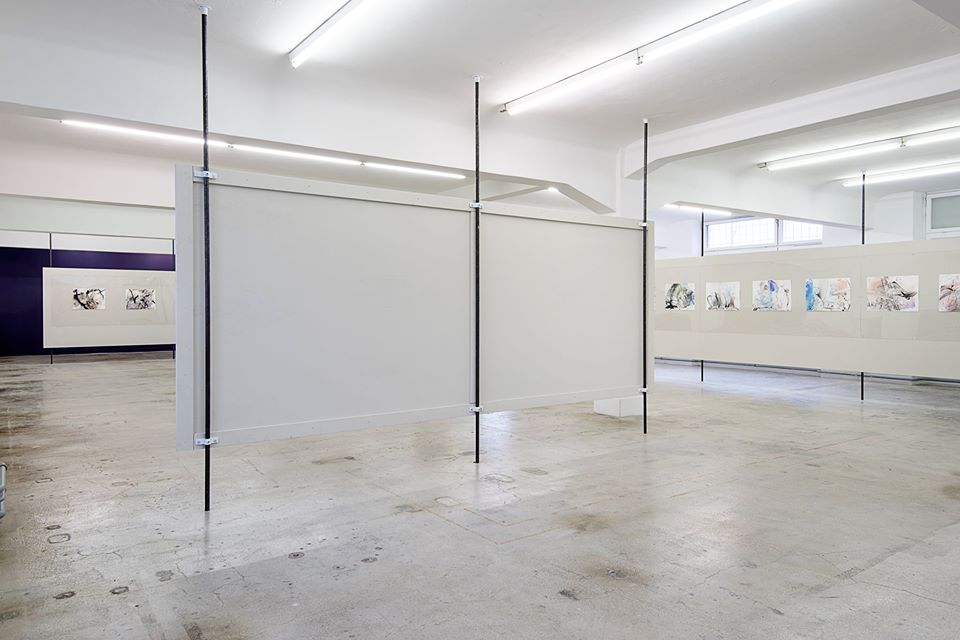
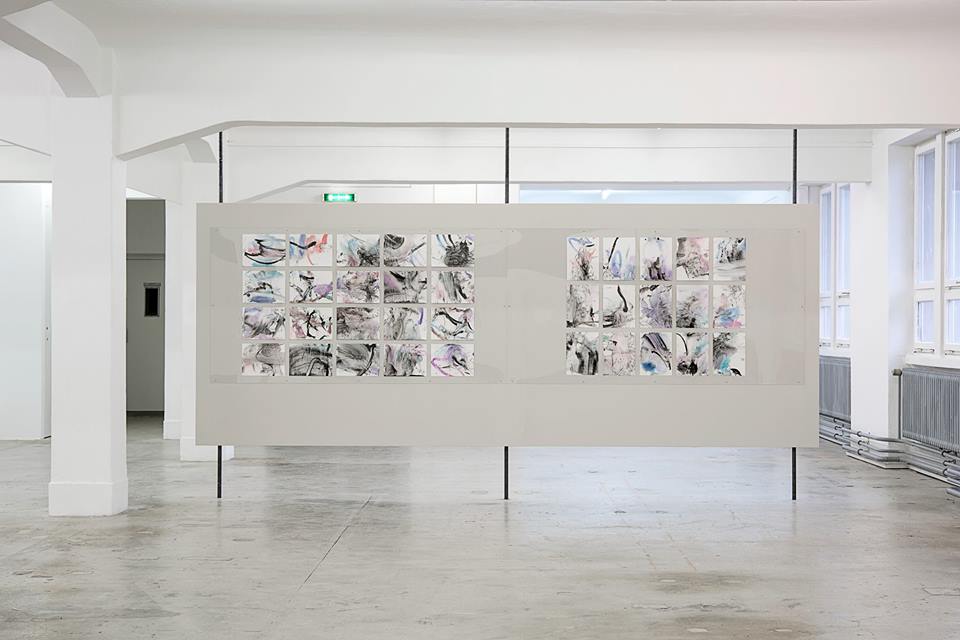
For Moon blows close, Lambkin has developed a large-scale painting and holding environment. In developing the 40-metre backdrop, Lambkin follows and digs out features – a tusk, the foot of a lark, a turtle. The work, which forms the setting for Lambkin’s performance and sound installation is at once an exercise of a method – following a necessary and purposeful faith in the coincidence of forms and thoughts – and a meditation on cohabitation and the profound depths of animal consciousness.

Café Weiß
Geißstraße 16
70173 Stuttgart
Effort & Circumstance is a series of conversations around practice, survivalism and desire on Sunday afternoons at Café Weiß. Using the setting of a bar, usually closed on Sundays, the gatherings take the form of semi-public conversations that exist somewhere between a talk about work, and its holding environment.
The first session brings together Stephan Dillemuth and Saim Demircan in a part-screening, part-conversation on the ‘control image’ and ‘giving up’ as a method of reinvention. They will question these terms against the backdrop of Dillemuth’s work – from his early paintings and Disko Dekorationen in the 1980s to his most recent installation and assembly of animated kinetic bodies, The Damned.
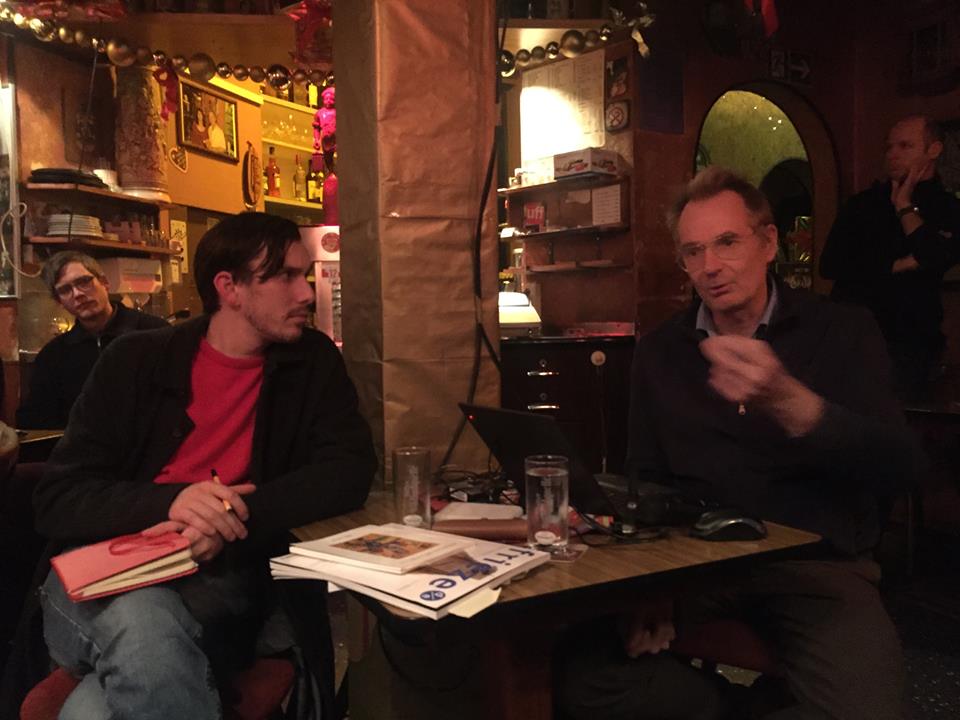
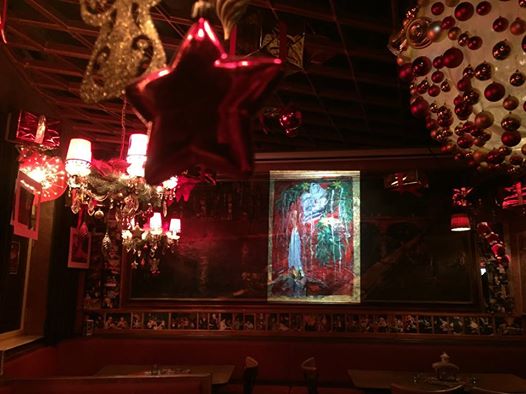
This talk, set within e d’ambiente by Jean-Michel Wicker and Michael Kleine, looks at the avant-garde not as a failed ‘event,’ but an ongoing research programme of social/asocial strategies. That is, modes of collective practice and learning, and conceptualizing affects, that continually challenge the prevailing logic of market and institution alike.
Kindly supported by

copy copy copy
softly softly softly*
Smoke is the central stuff and structuring device of e d’ambiente, an exhibition by Jean-Michel Wicker staged with Michael Kleine. The smoke is approached as a screen, acting for or giving space, whilst lifting and removing information. e d’ambiente is a survey of sorts, but also a conversation between Wicker and Kleine and the articulation and enjoyment of a series of moods.
The show exploits the vertical architecture of the Künstlerhaus across two floors, and foregrounds through newly realised and existing works, a long-running engagement with the circuitous language of contemporary desire. Since the early 1990s Wicker’s prolific production has moved across publication, typography, sculpture, gardening and performance: slow and fast forms of circulation and release. A key component of the articulation of the publications, kinetic sculptures and floor sculpture / dance floor is a scenography staged by Wicker and Kleine. The newly realised setting dialogues with the symmetries and dissymmetries of the publication and sculptural display. The setup also strips down and transforms a structure originally conceived by architect Simon Jones, keeping the skeleton of the Salon and introducing its core to a carefully orchestrated set of connections across space and surface: relations between atmosphere, smoke, weight and scale. Here newly conceived works are also inserted into, and function as parts of the decor, including a photographic suite of Wicker’s anti-live performance nr. 2 framed in bright primaries. In terms of material and spatial decisions, the e d’ambiente scenography is shaped by the background and context of Michael Kleine’s work, which is formulated within a setting of opera and theatre. In his productions, Kleine often returns to the relation with the viewer, and how degrees of intimacy shift and unfold across time.
As an invitation, e d’ambiente carries forth a central practice of slowing down and speeding up the reading of positions. It is a process where also the rhythms and forms of circulation are an integral part of their aesthetic and political concerns: a parable and strong desire for change.
In parallel with e d’ambiente at Künstlerhaus Stuttgart, Jean-Michel Wicker is presenting the exhibition futurbella at Bergen Kunsthall (30 October–16 December). These two, related, exhibitions represent Wicker’s biggest institutional presentations to date and are regarded by the artist as an integrated project distributed over two distinct spaces and sites.
Realised with the generous support of Bureau des arts plastiques and l’architecture of the Institut Français, Germany, and the French Ministerium for Culture.
Photography: Frank Kleinbach
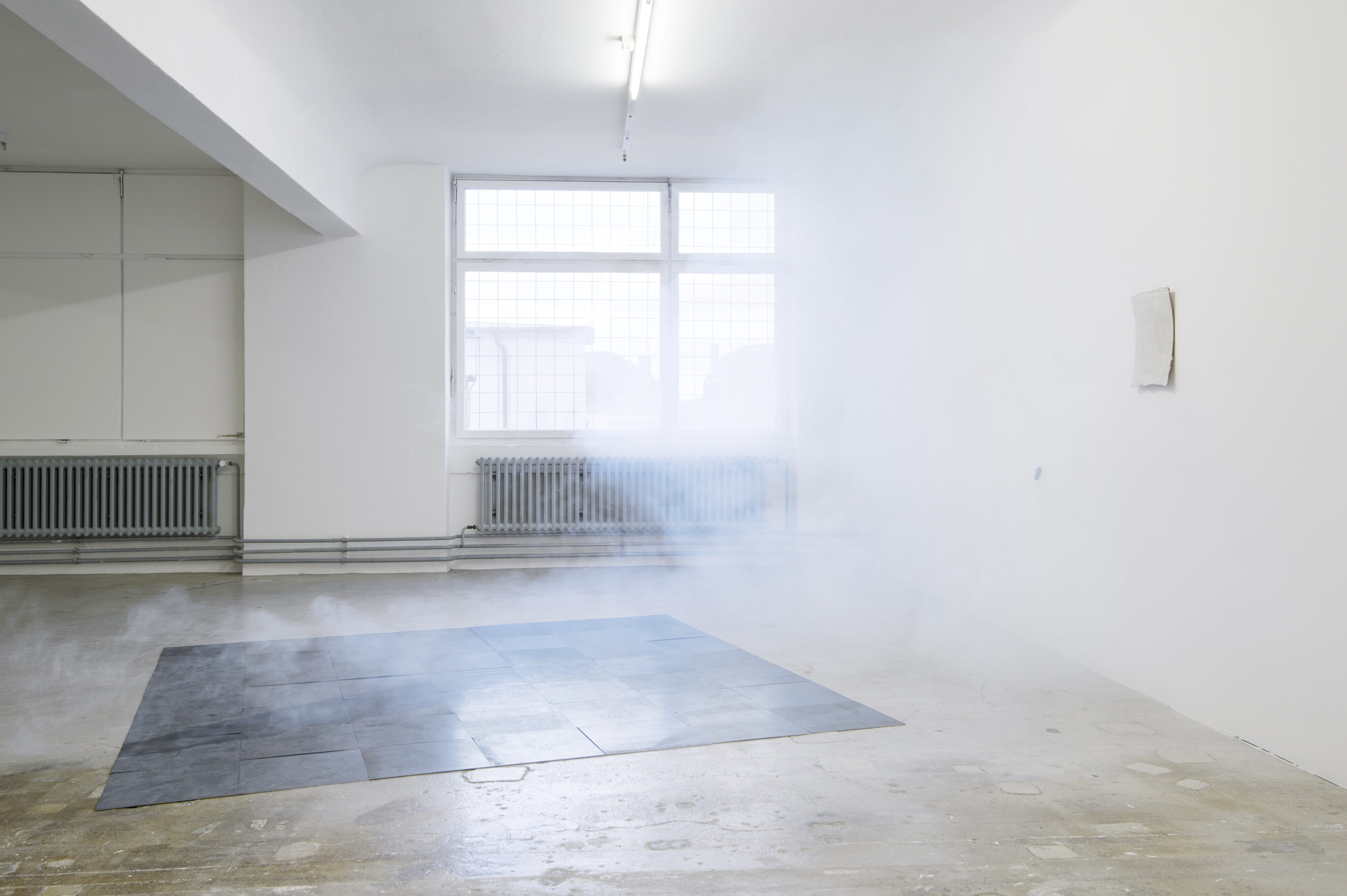
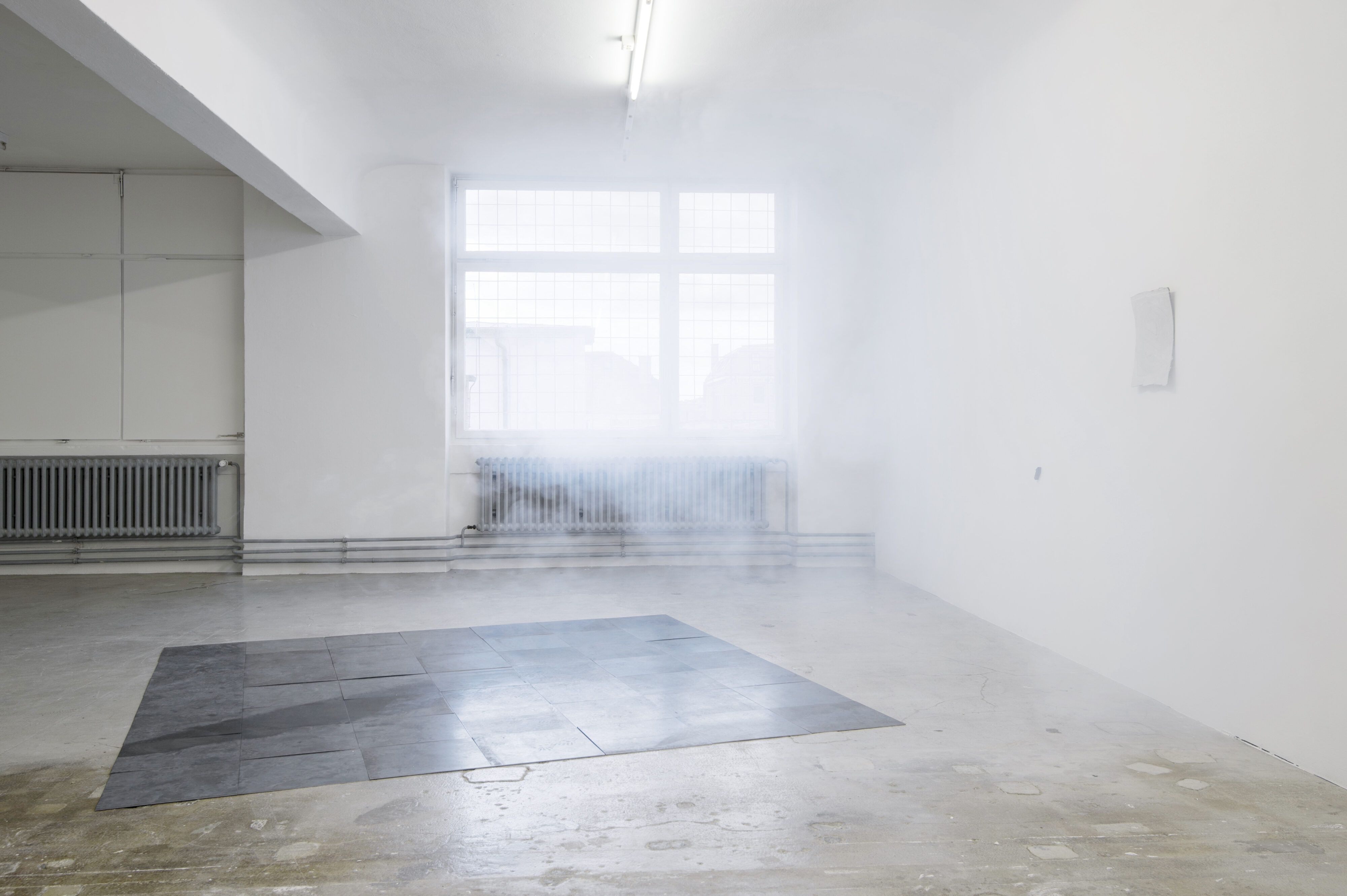
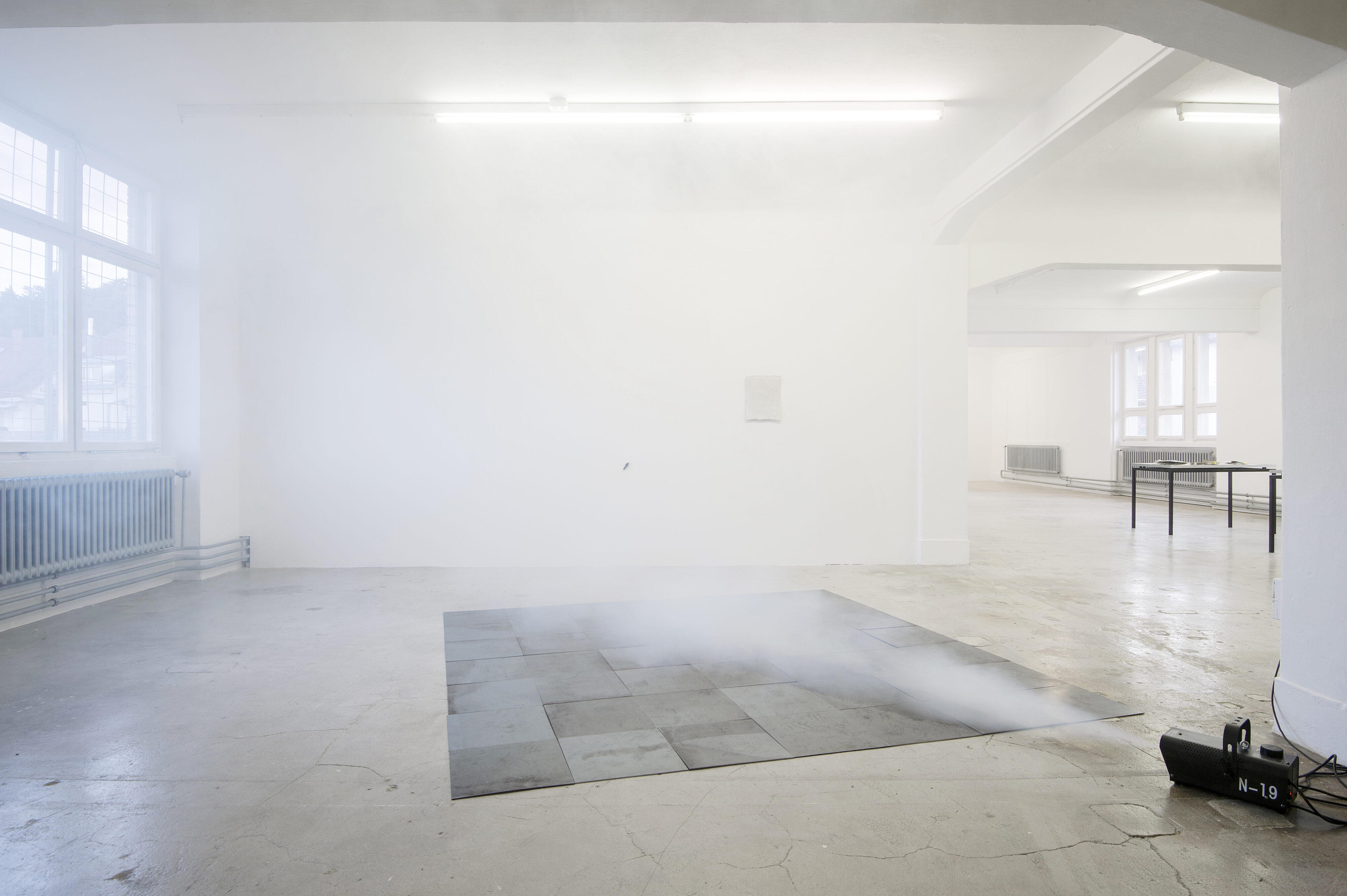
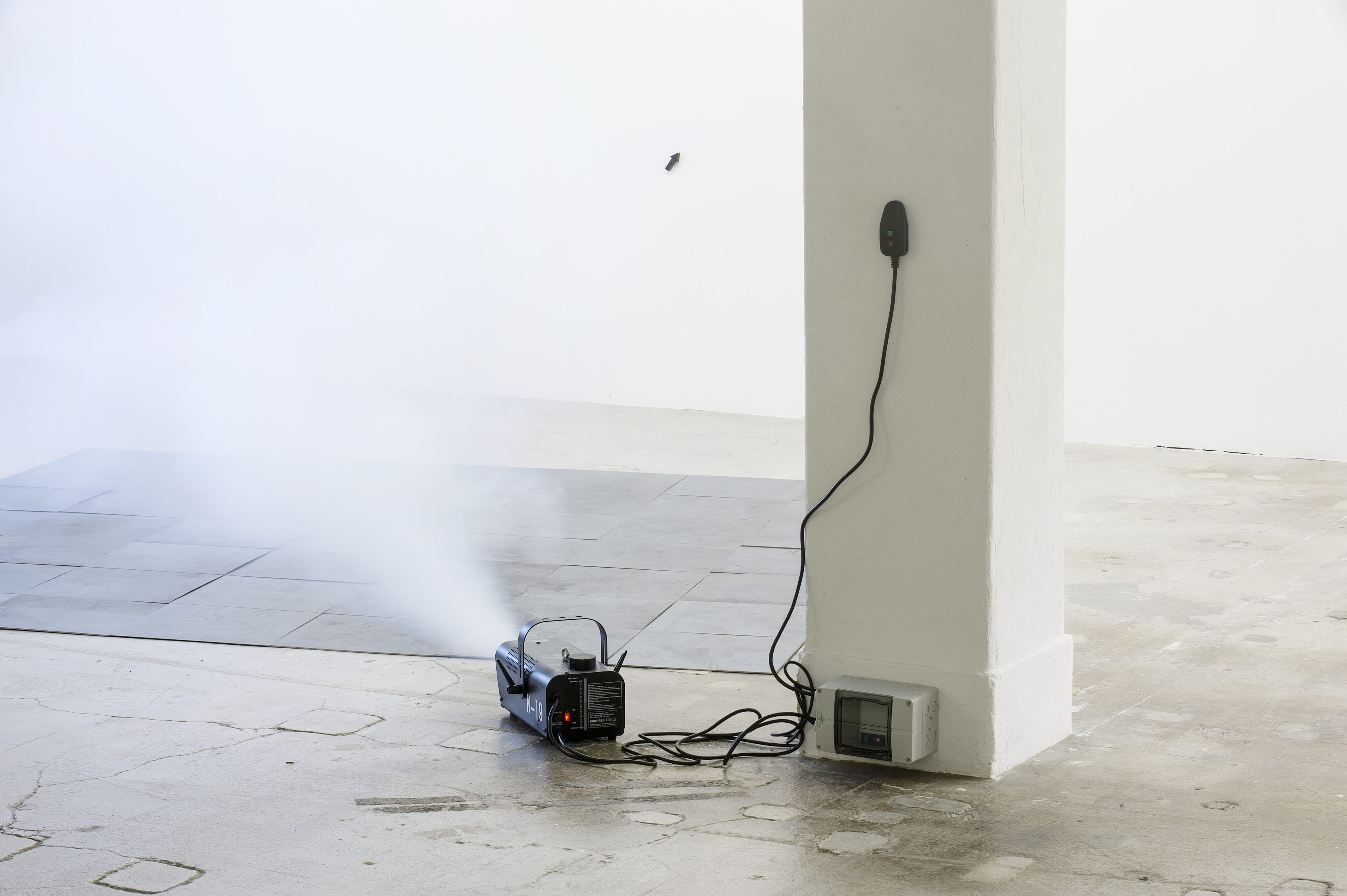
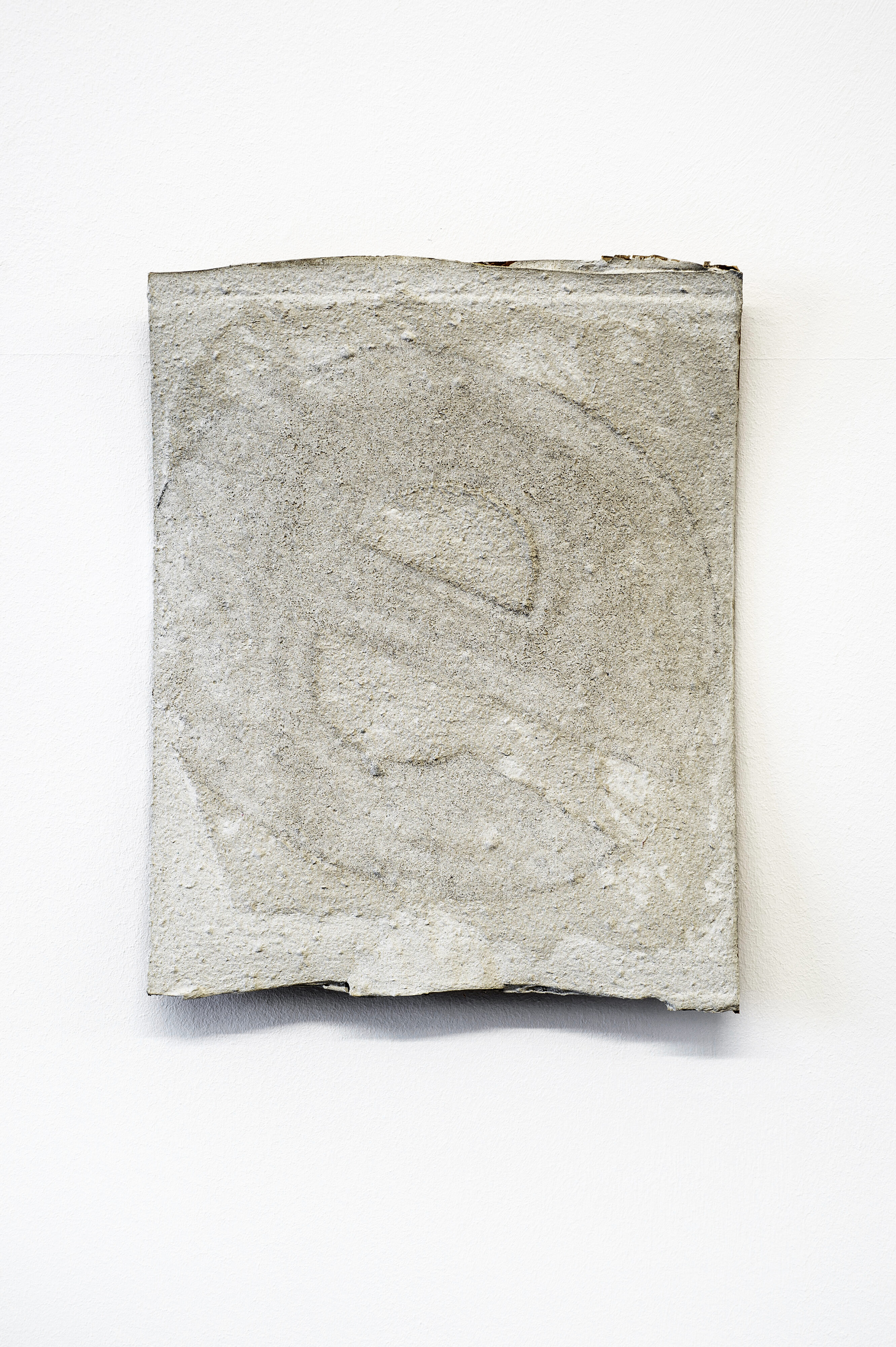
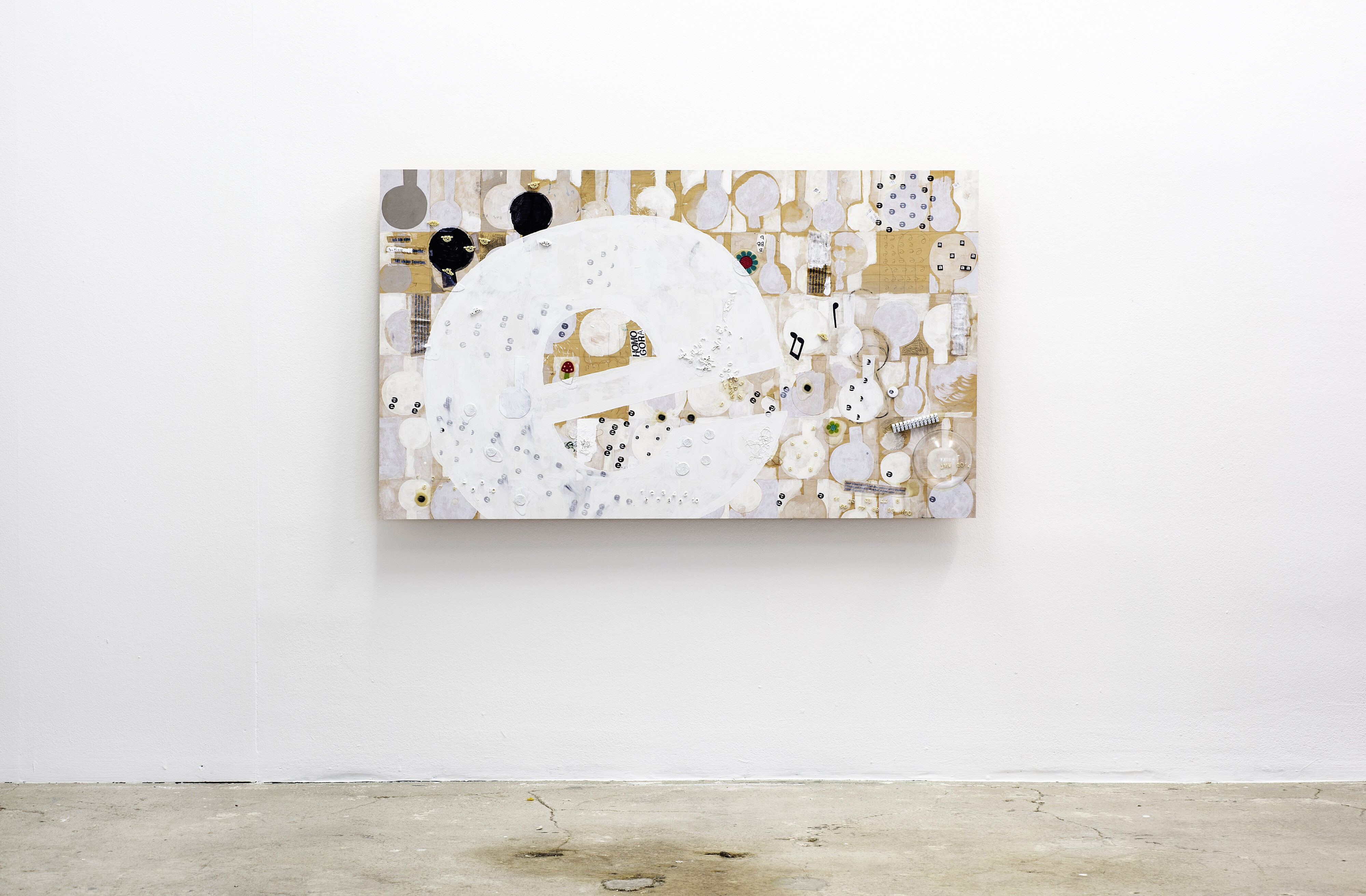

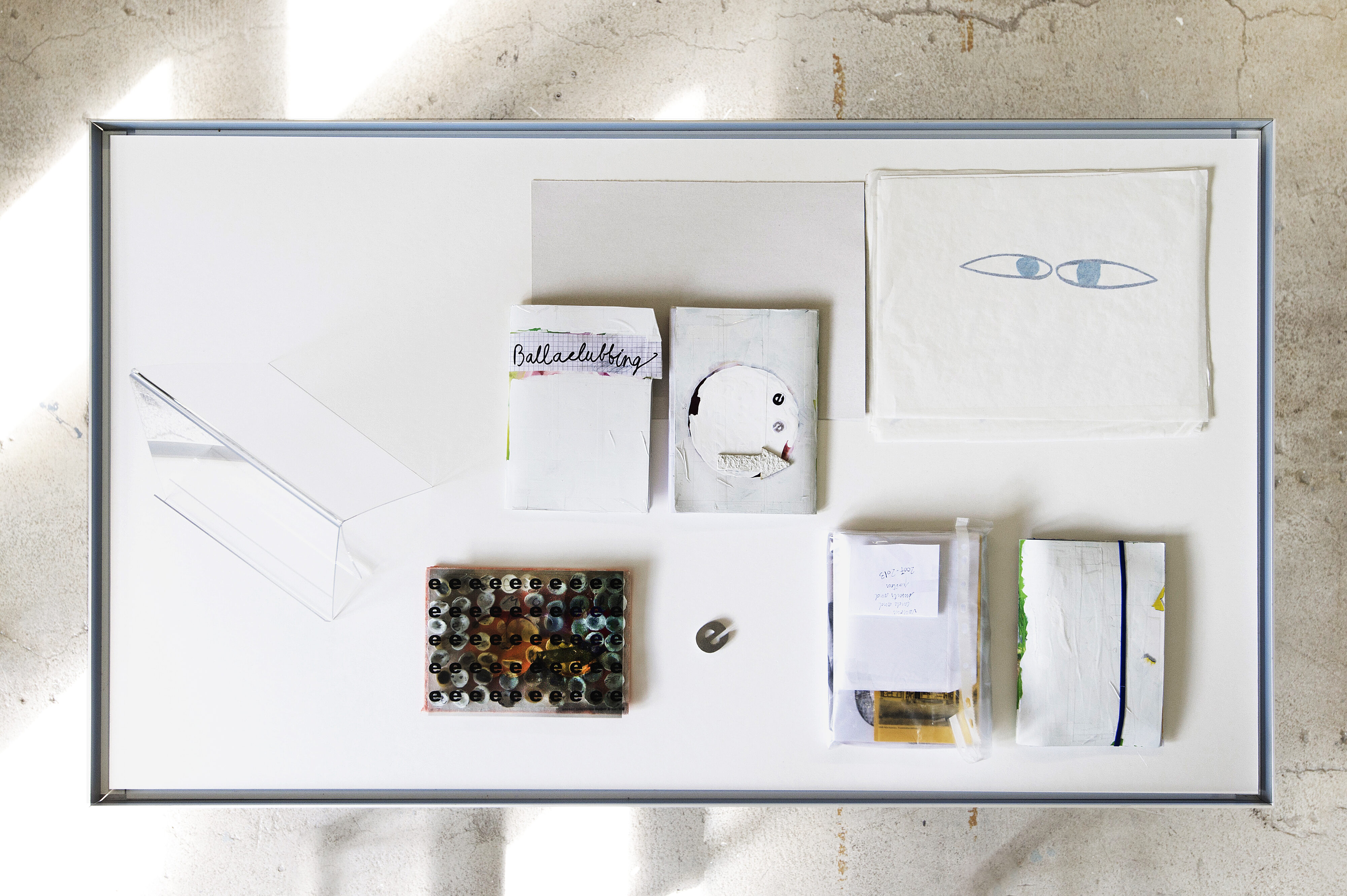
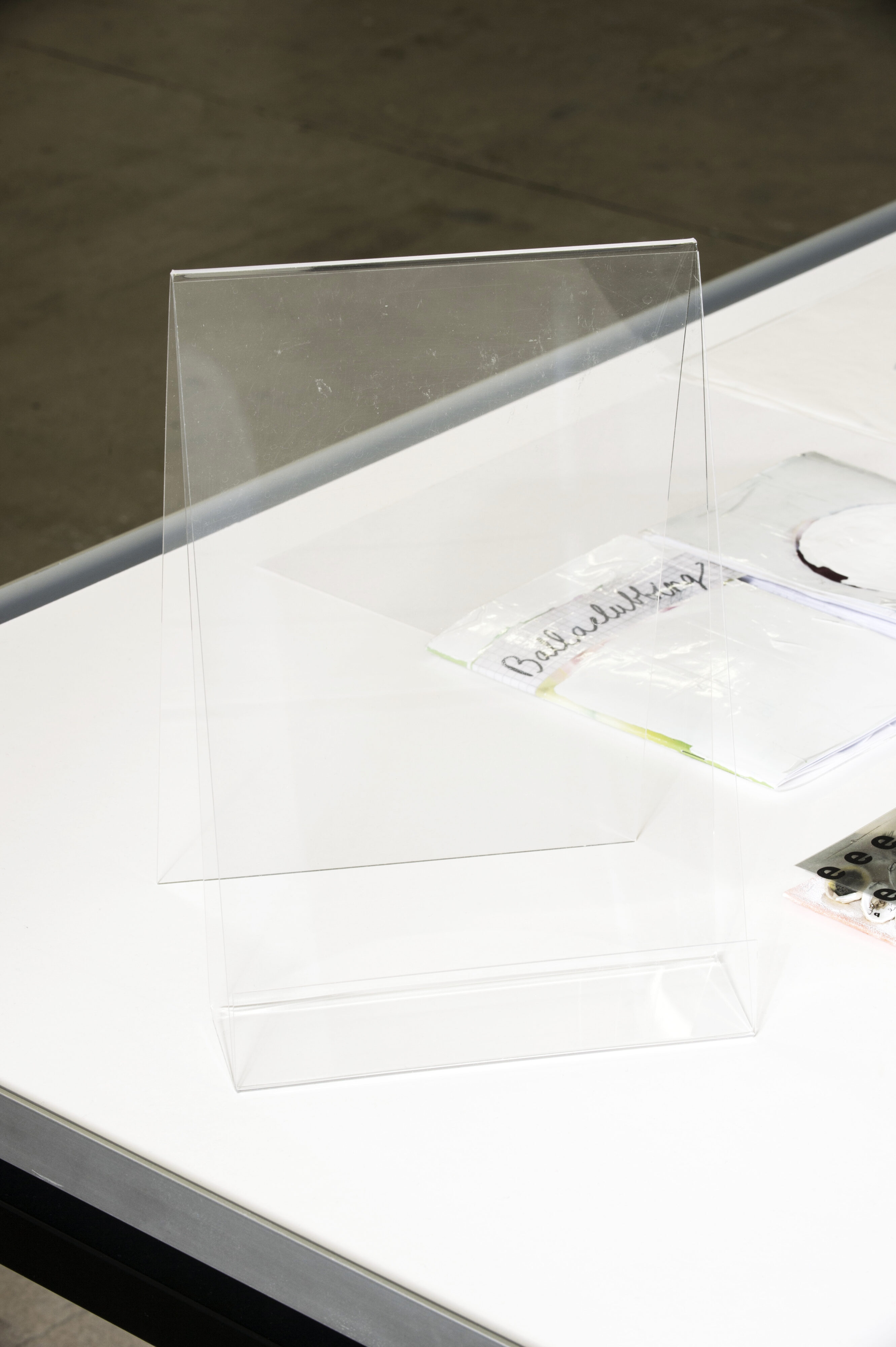
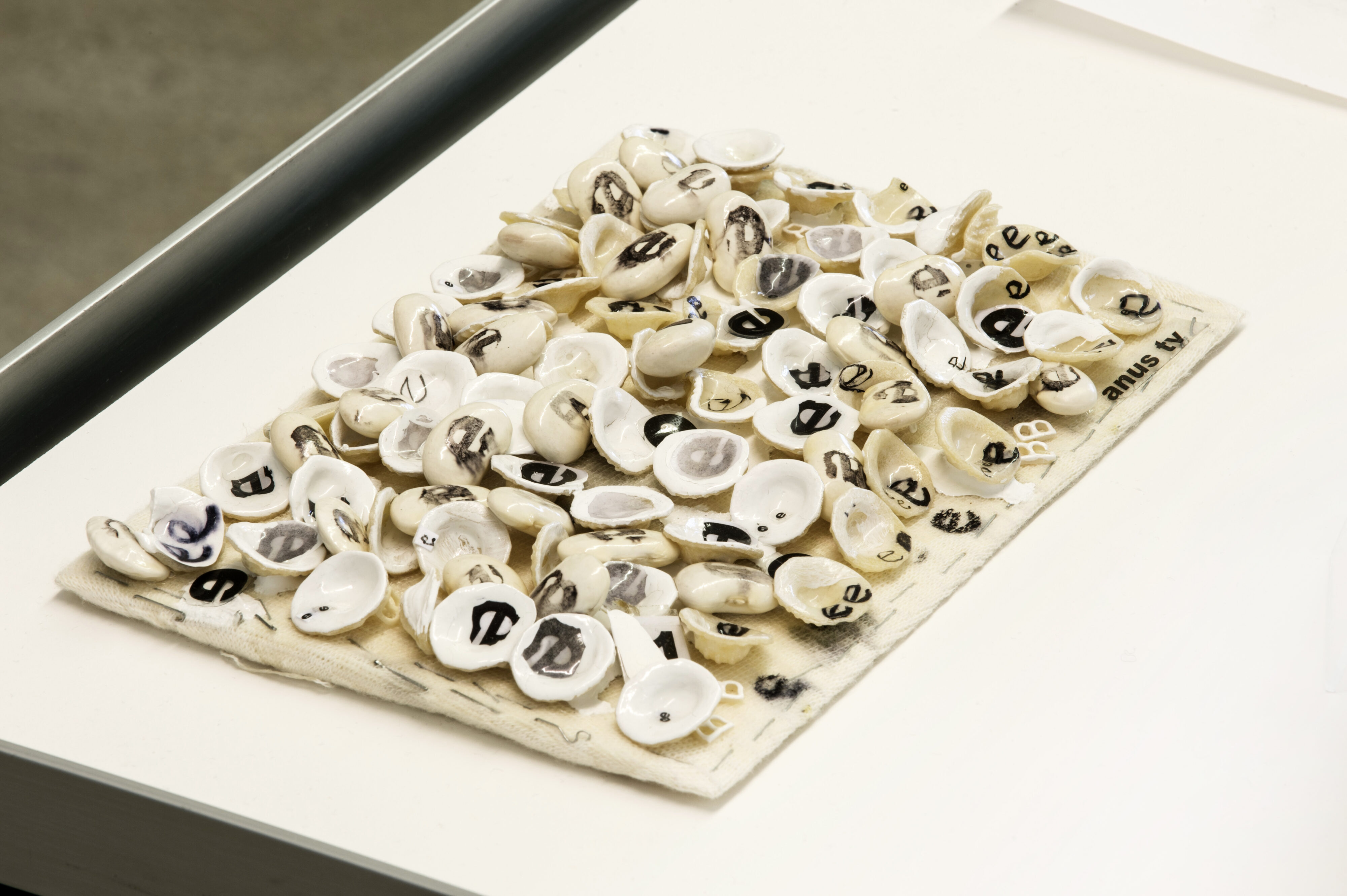
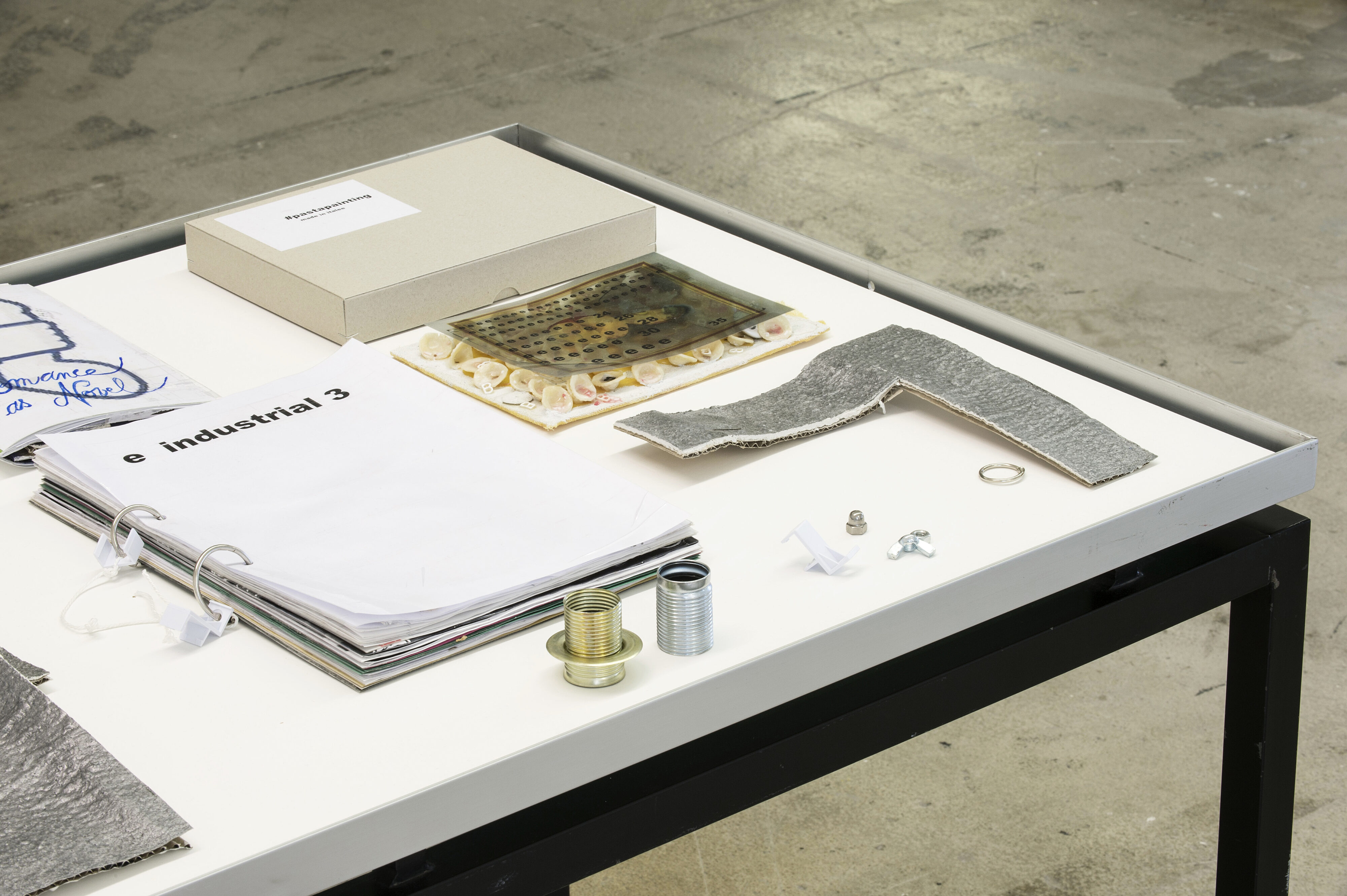

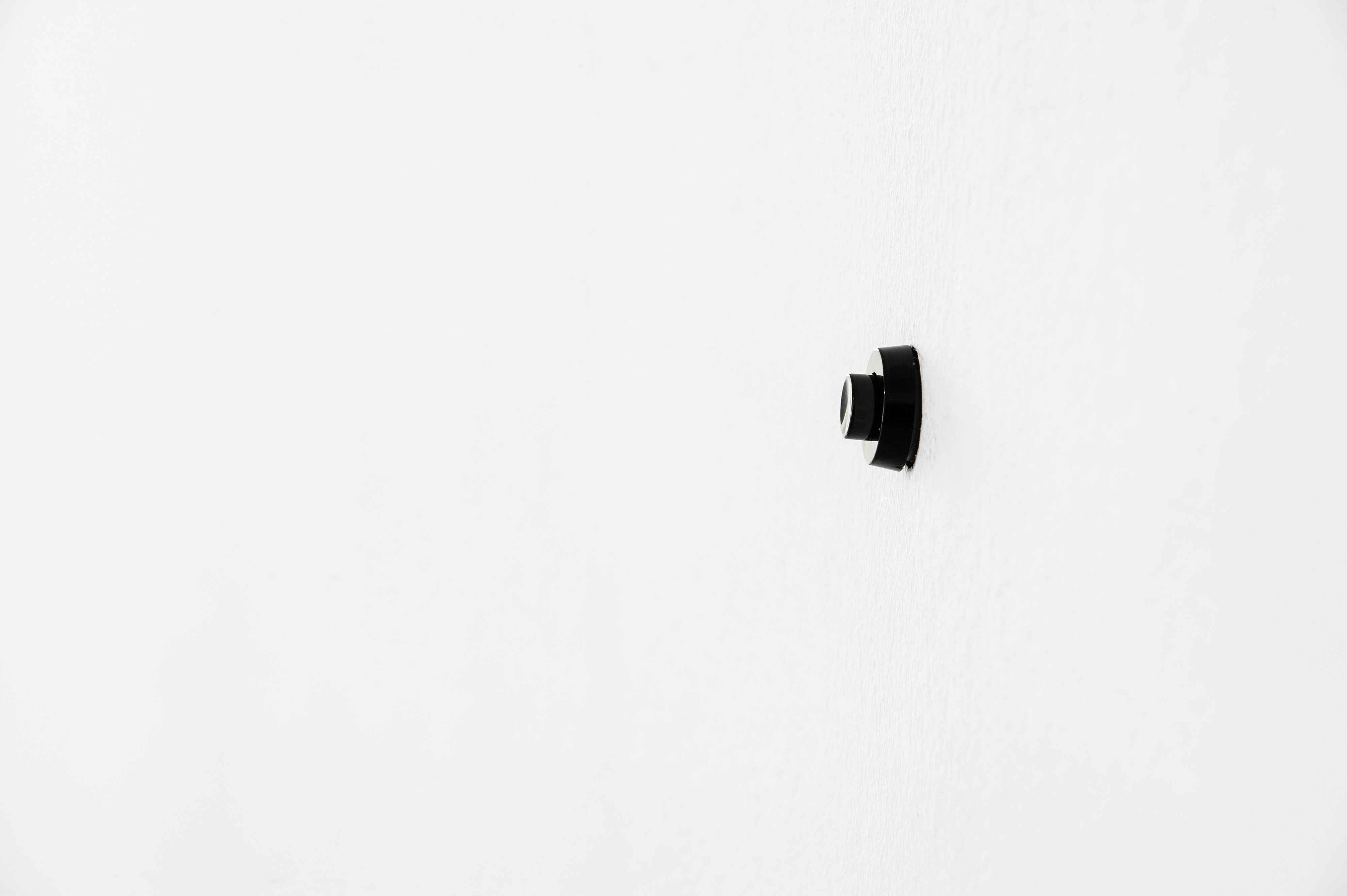

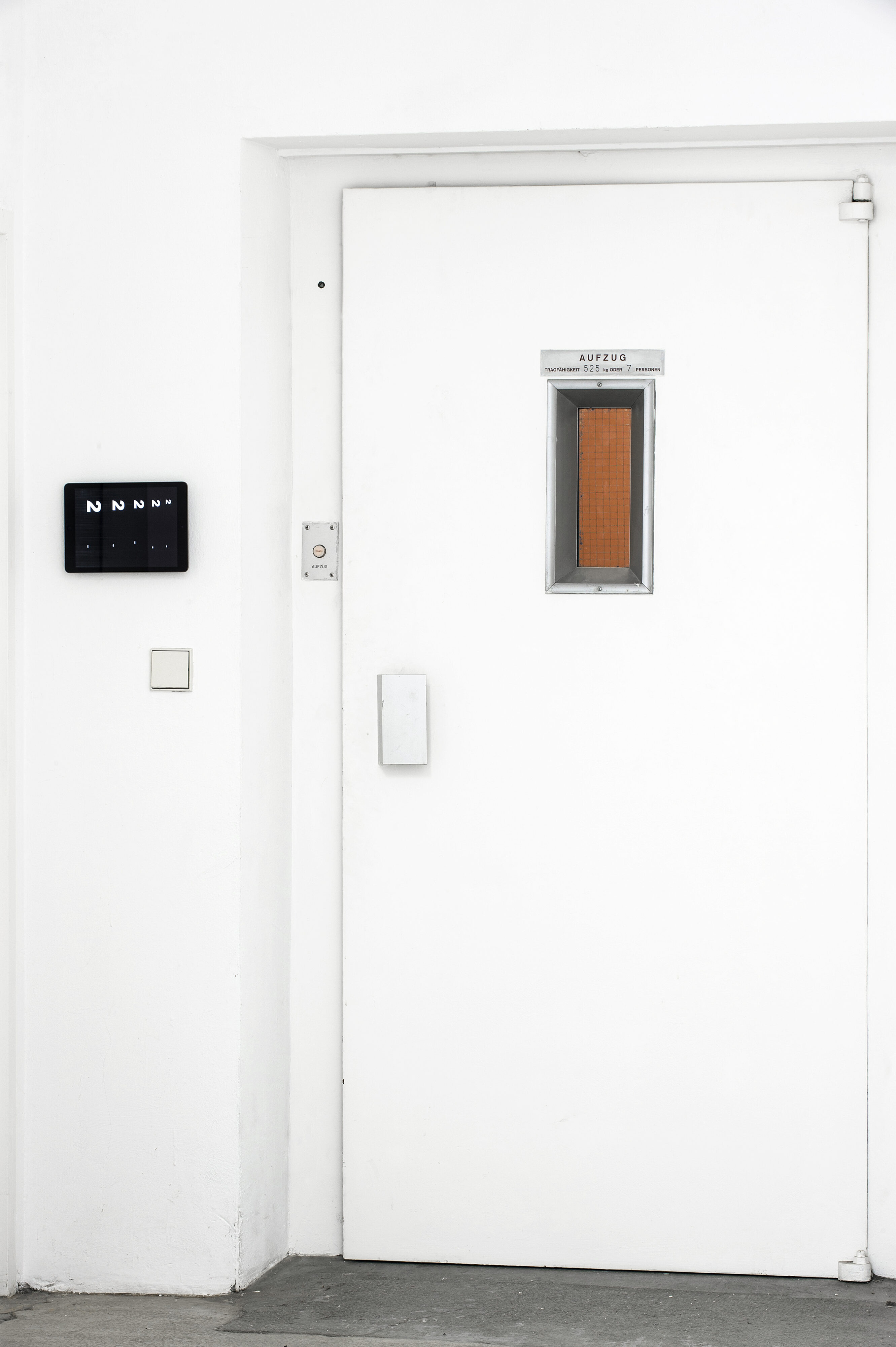
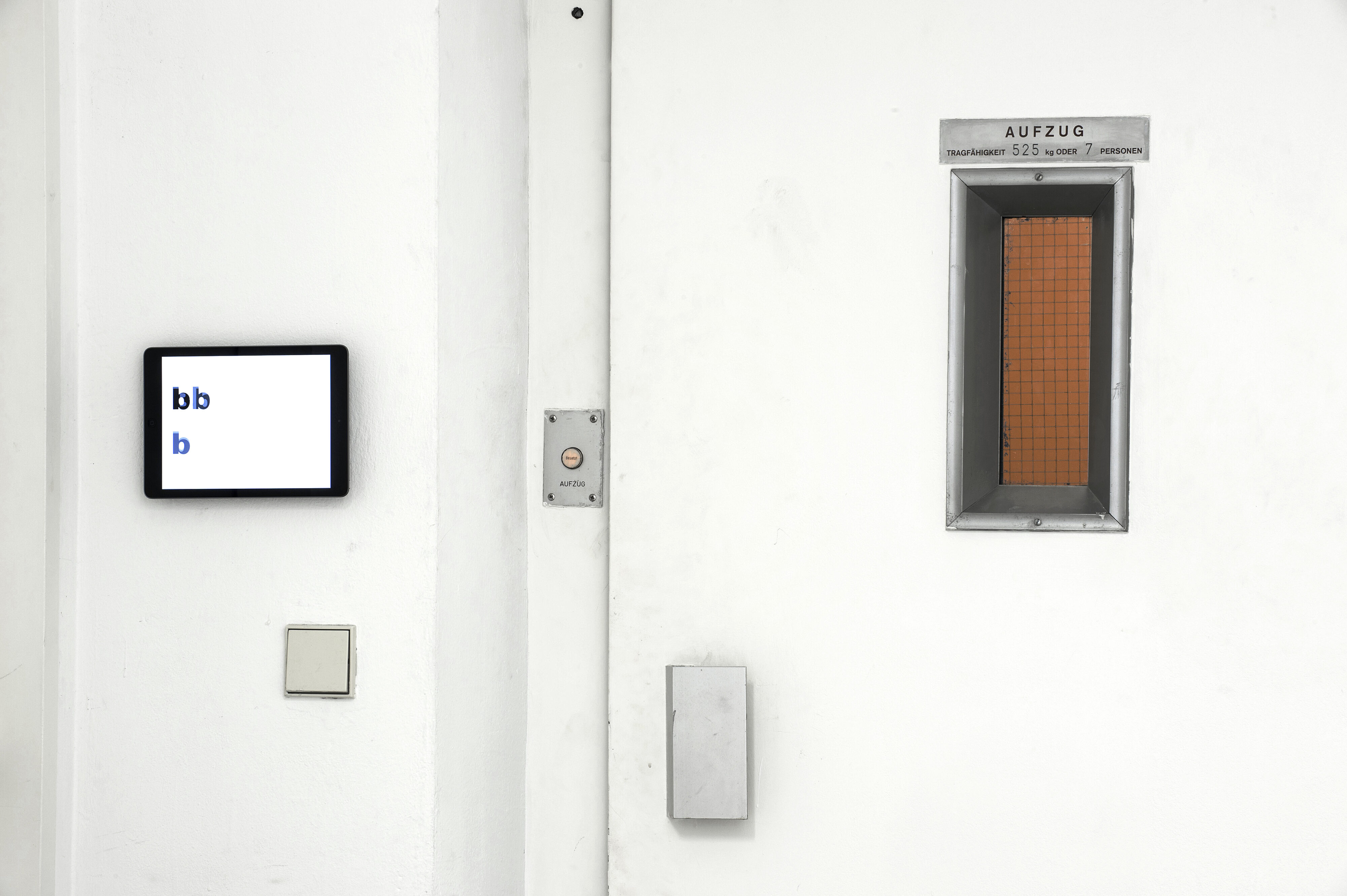
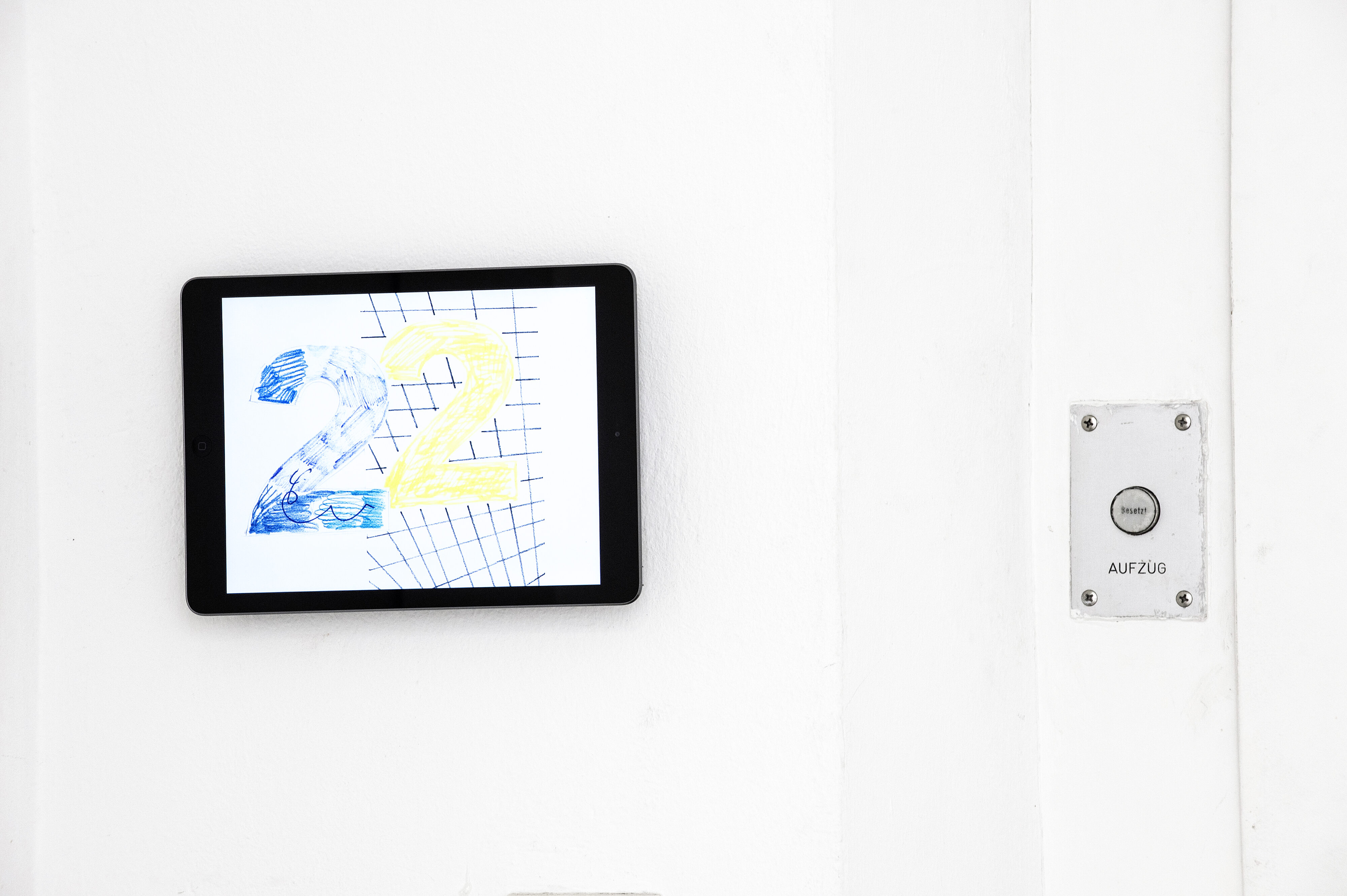
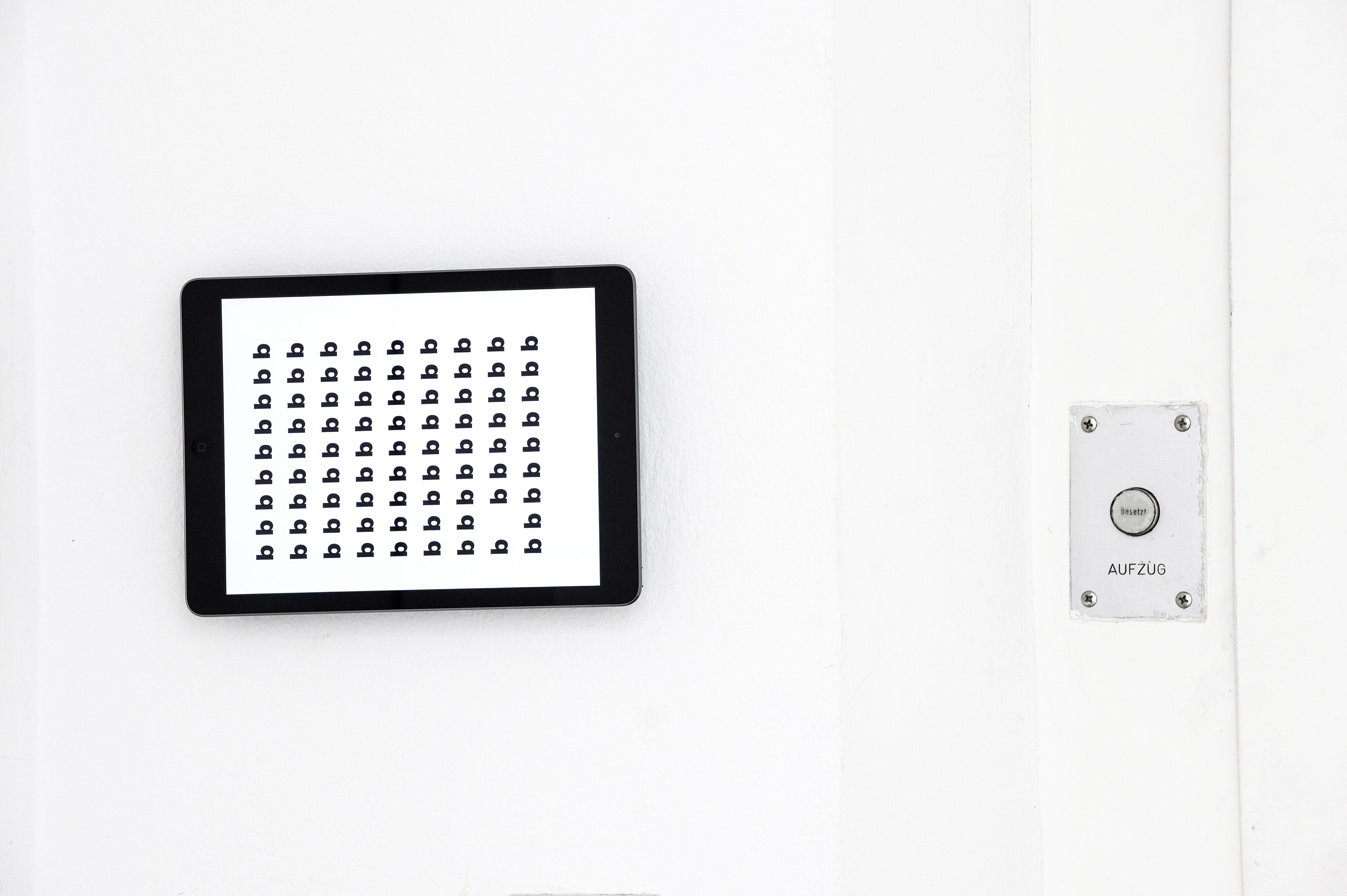

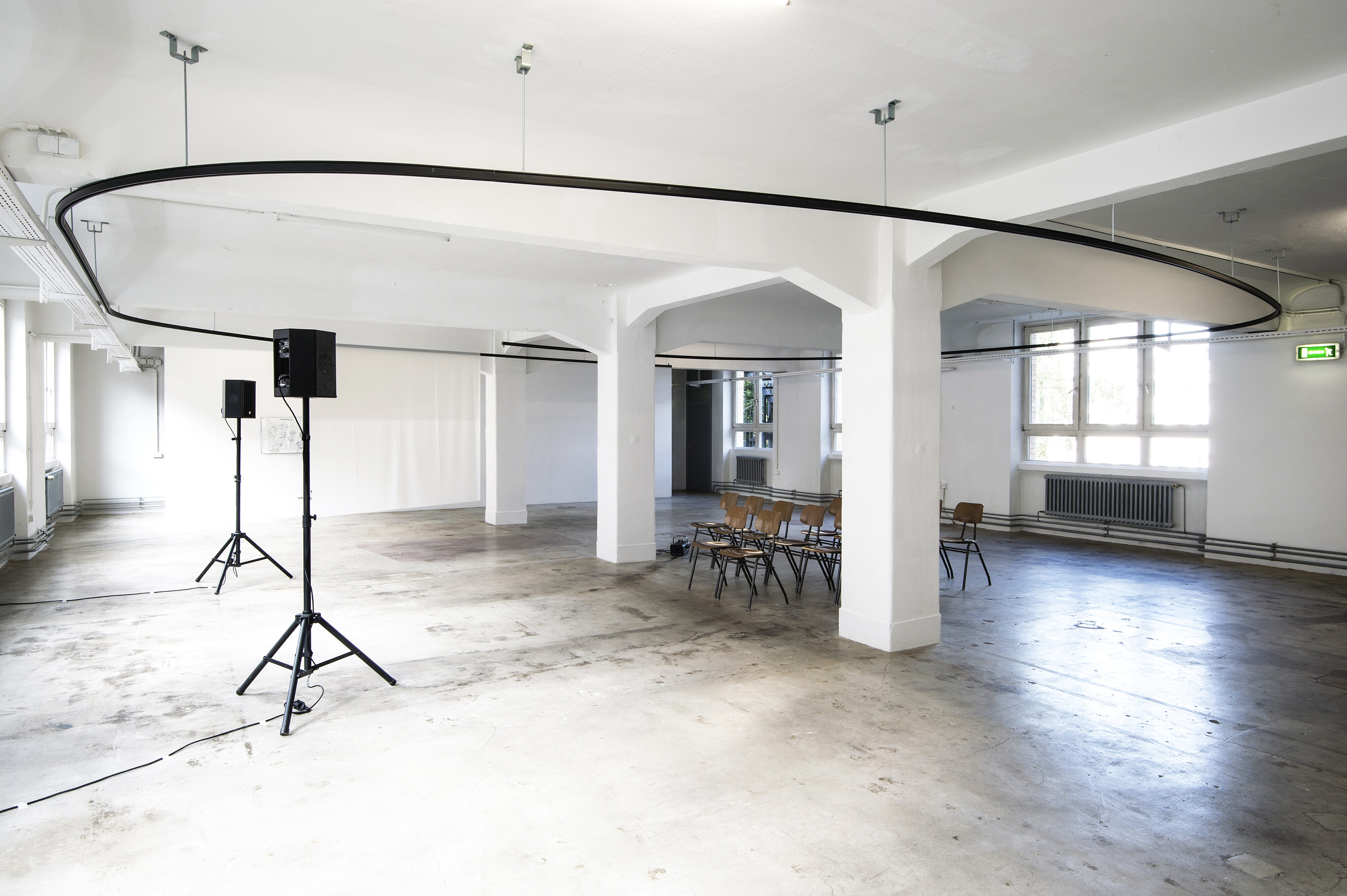

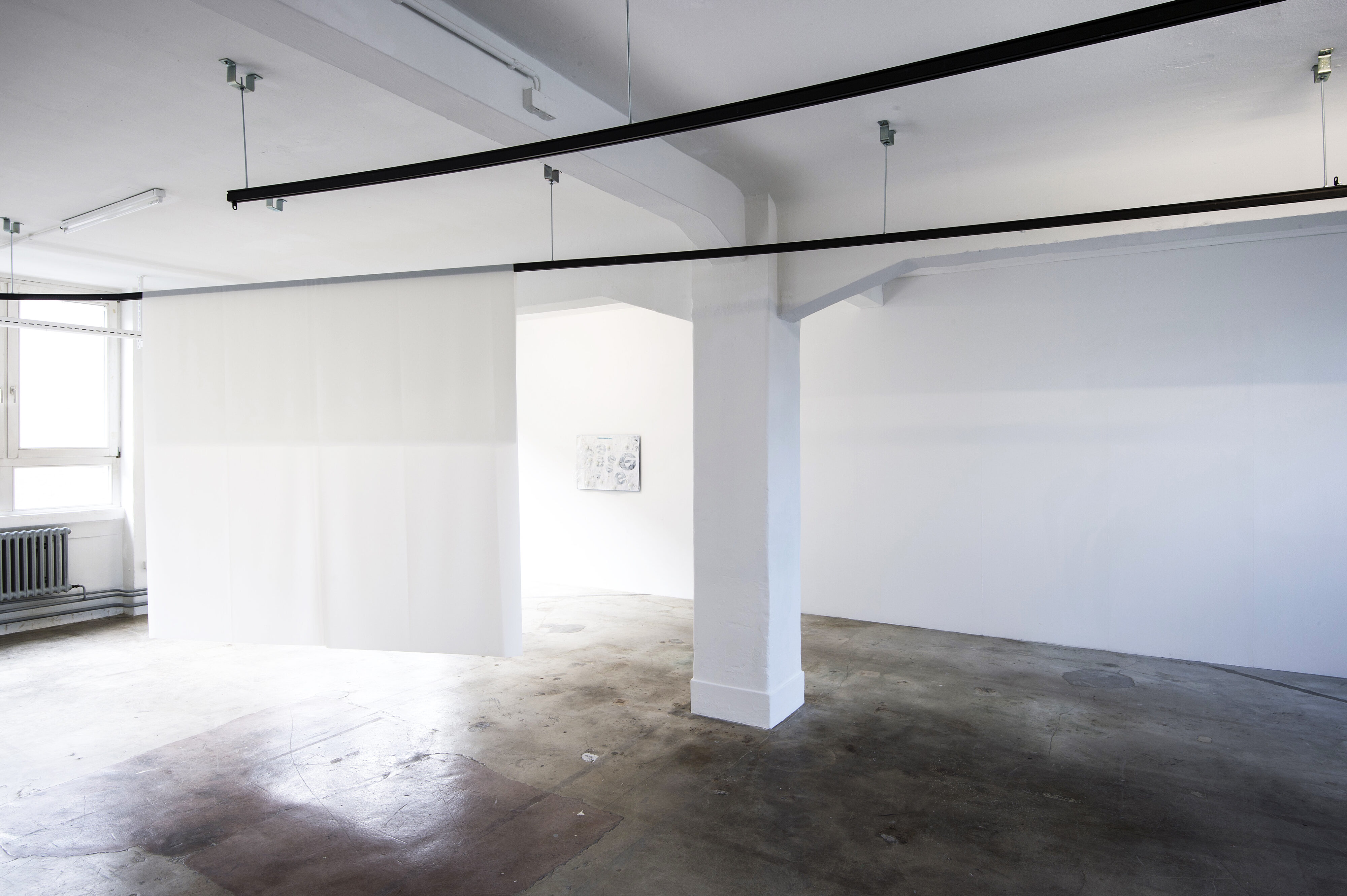
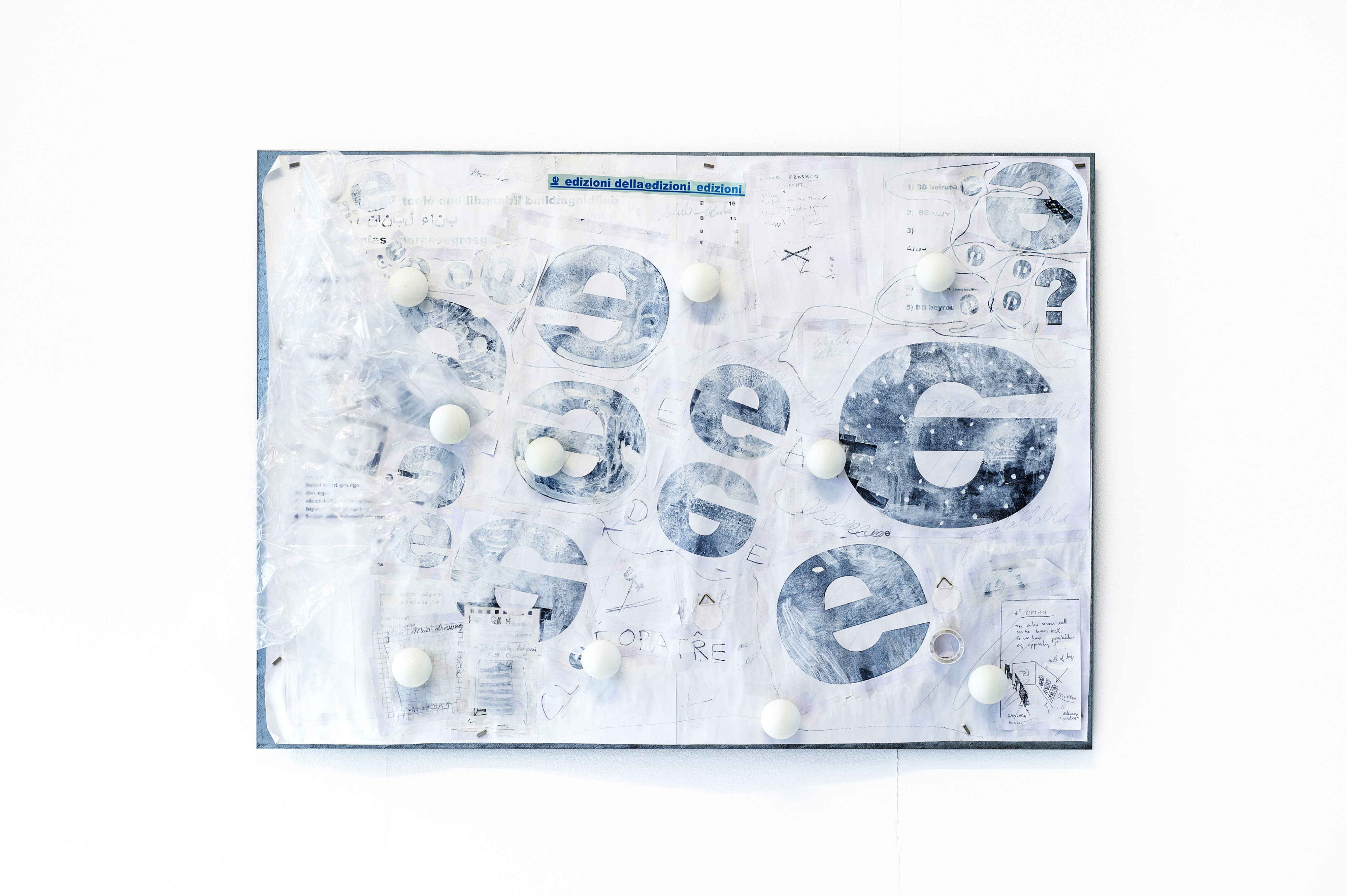
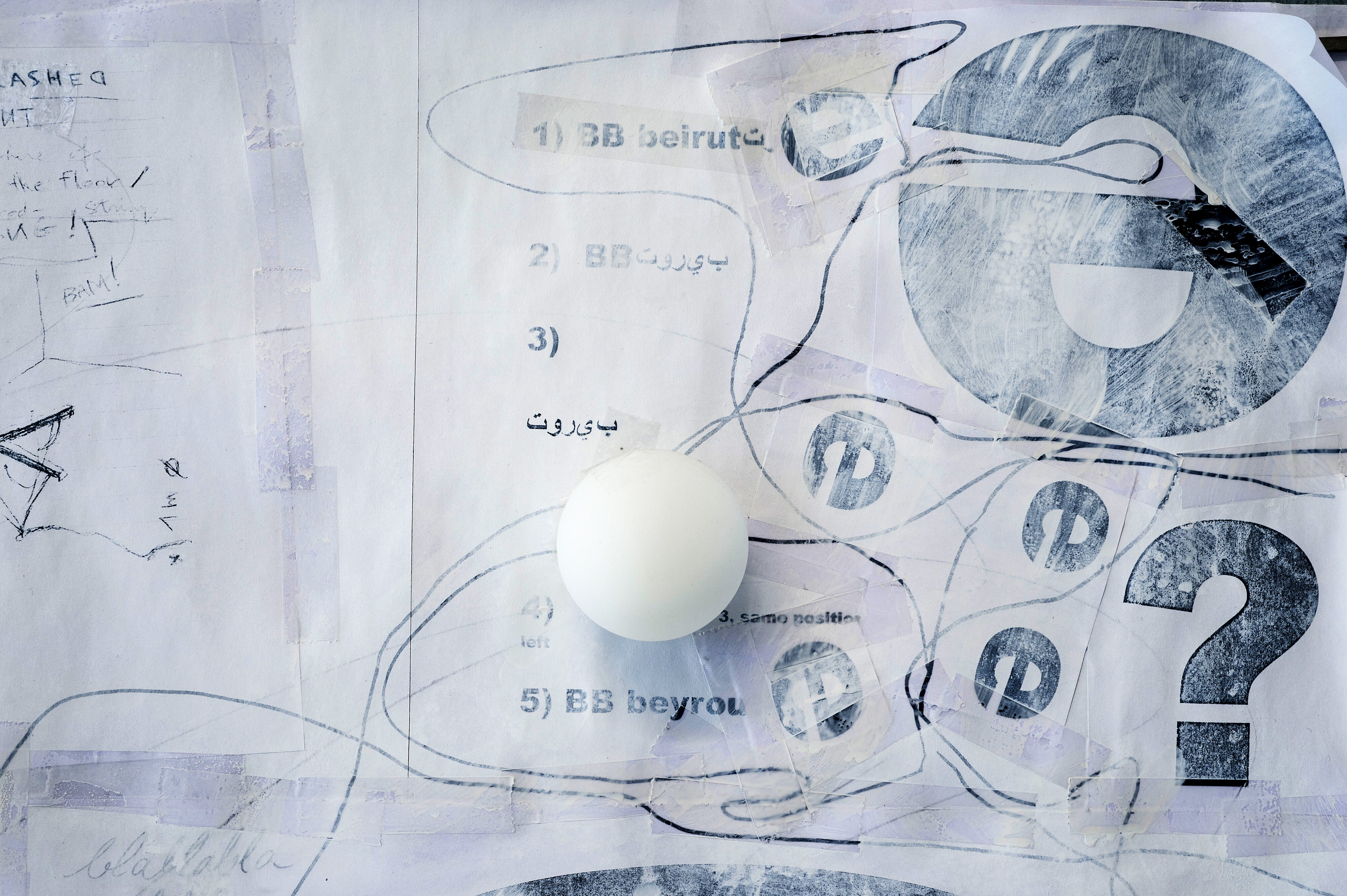
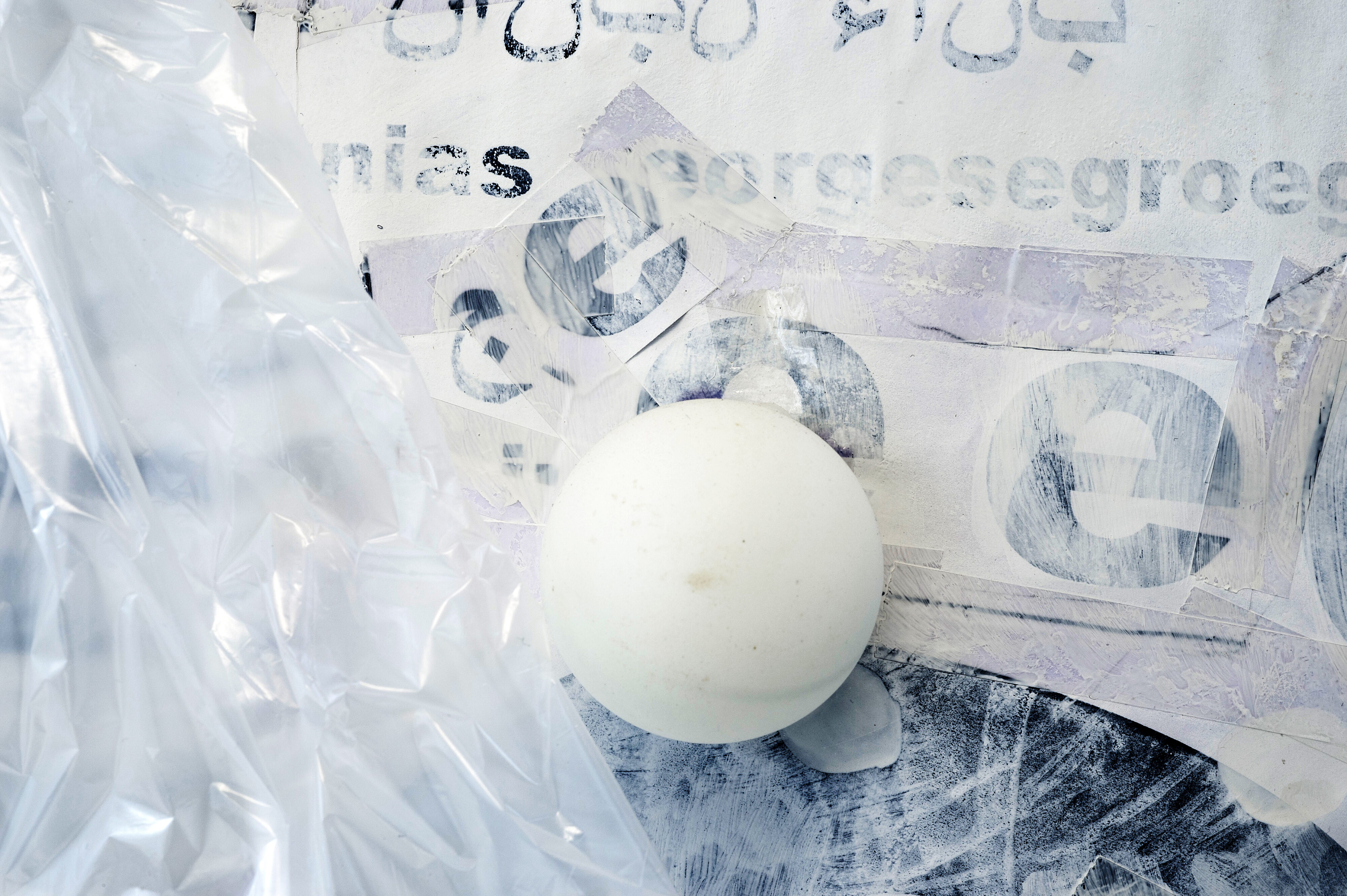
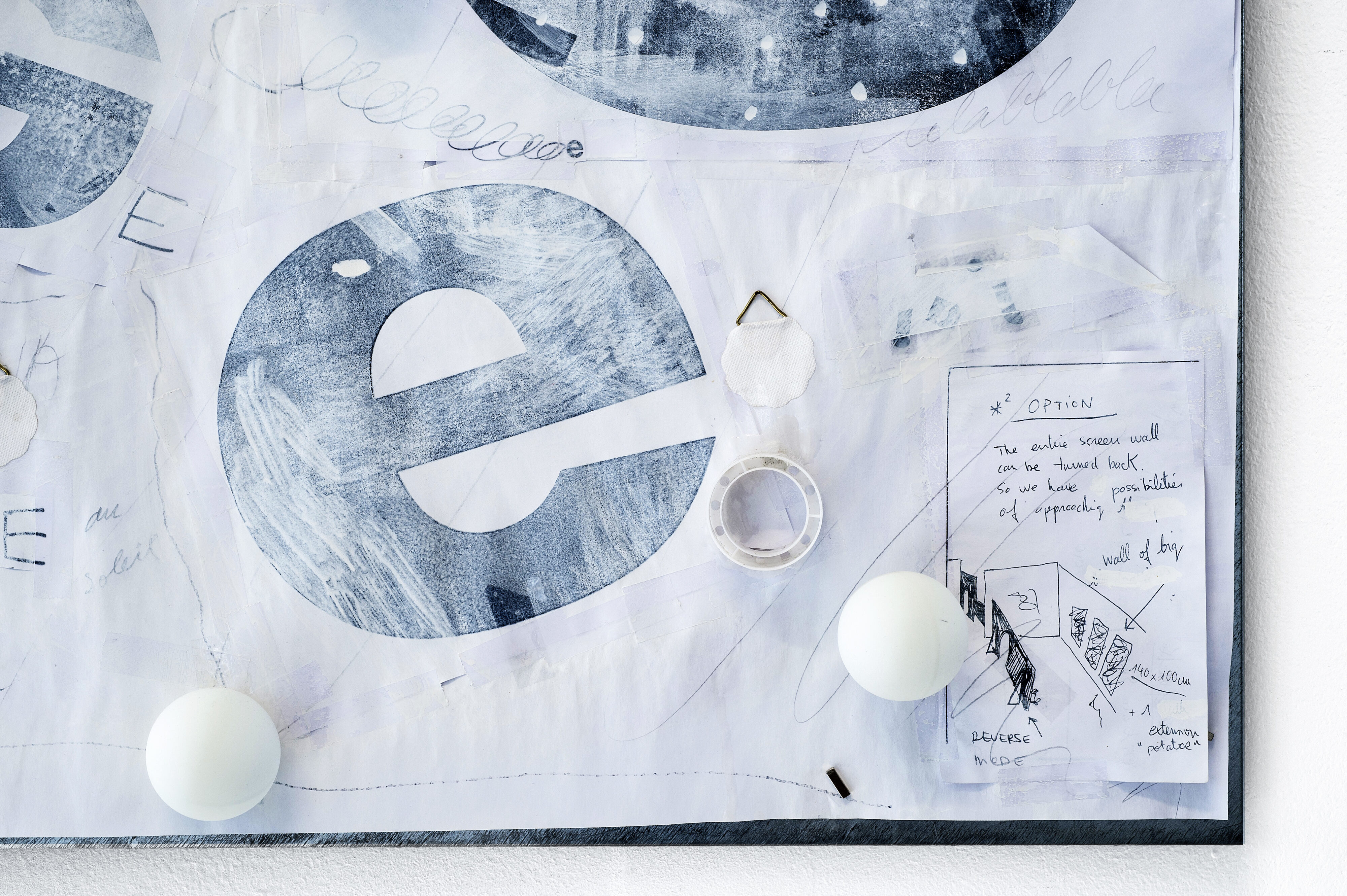
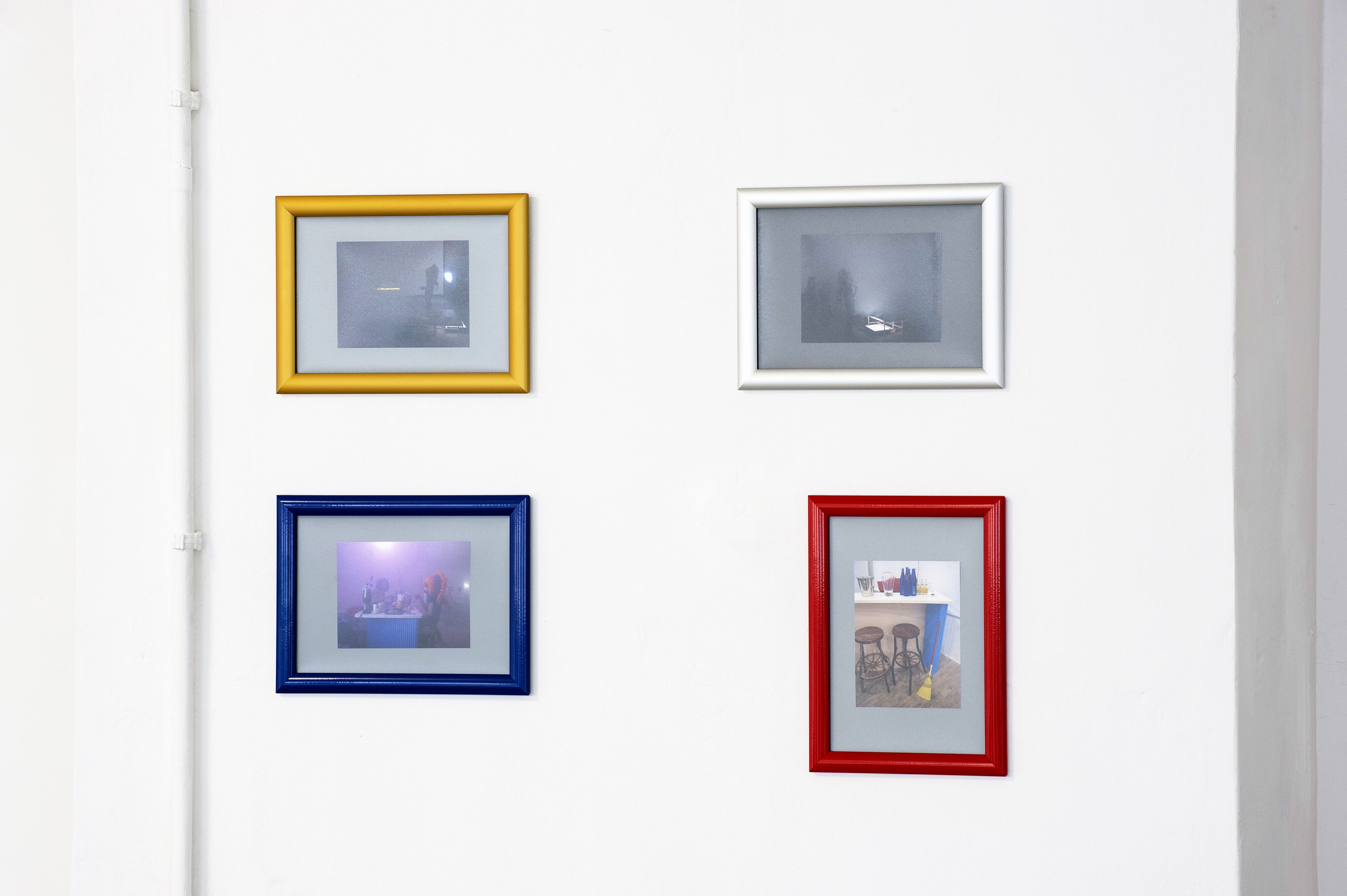
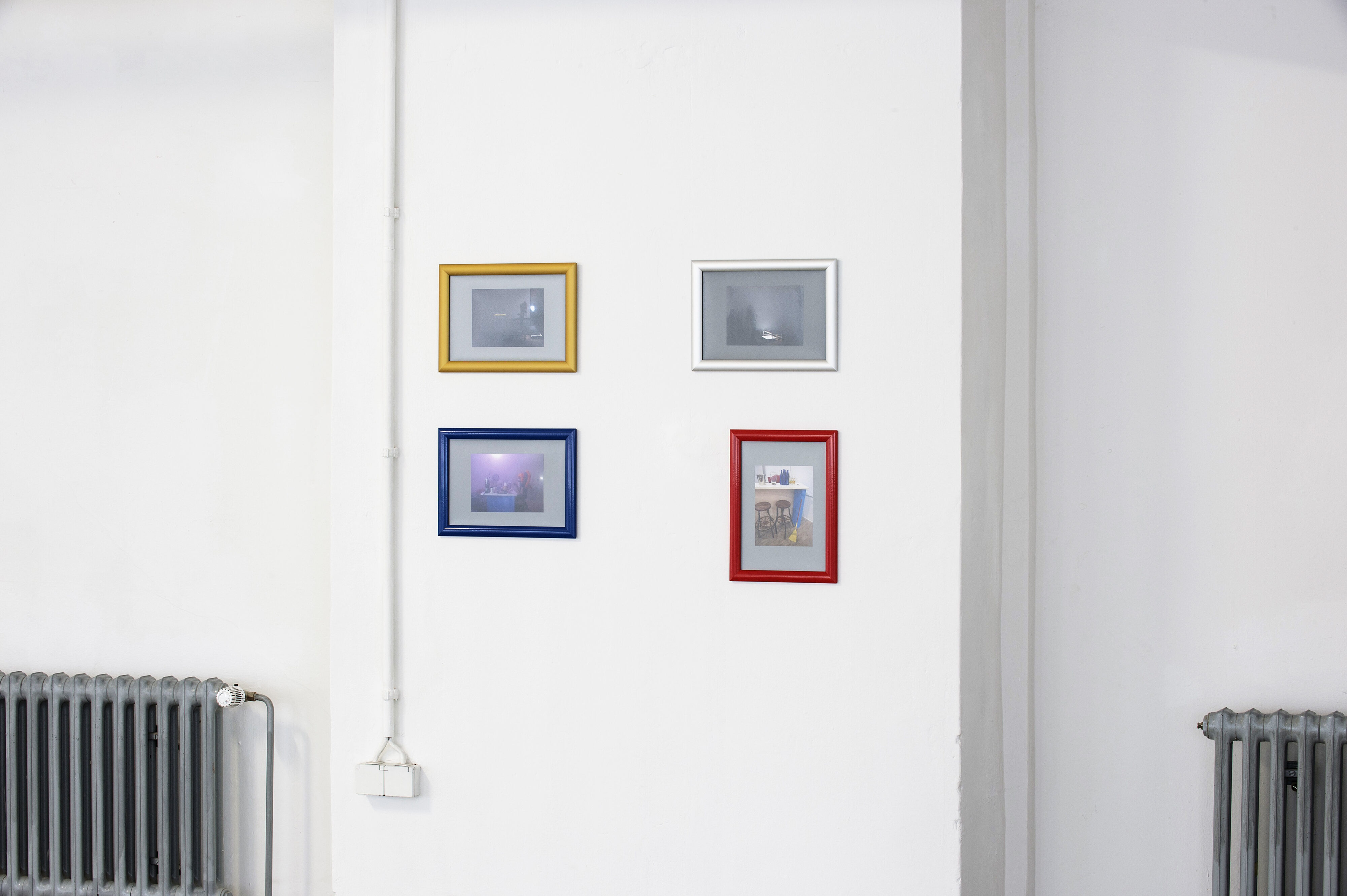
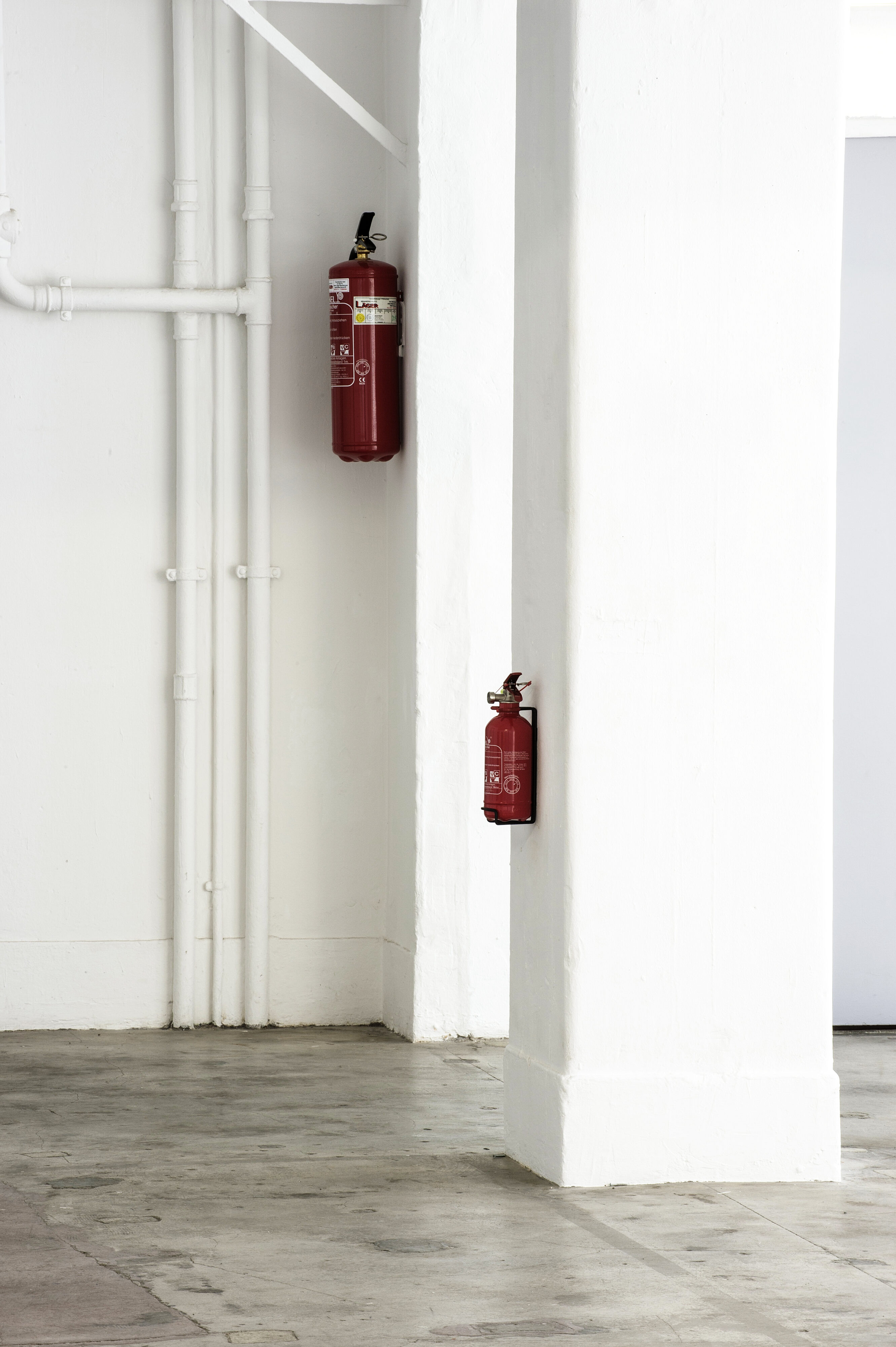

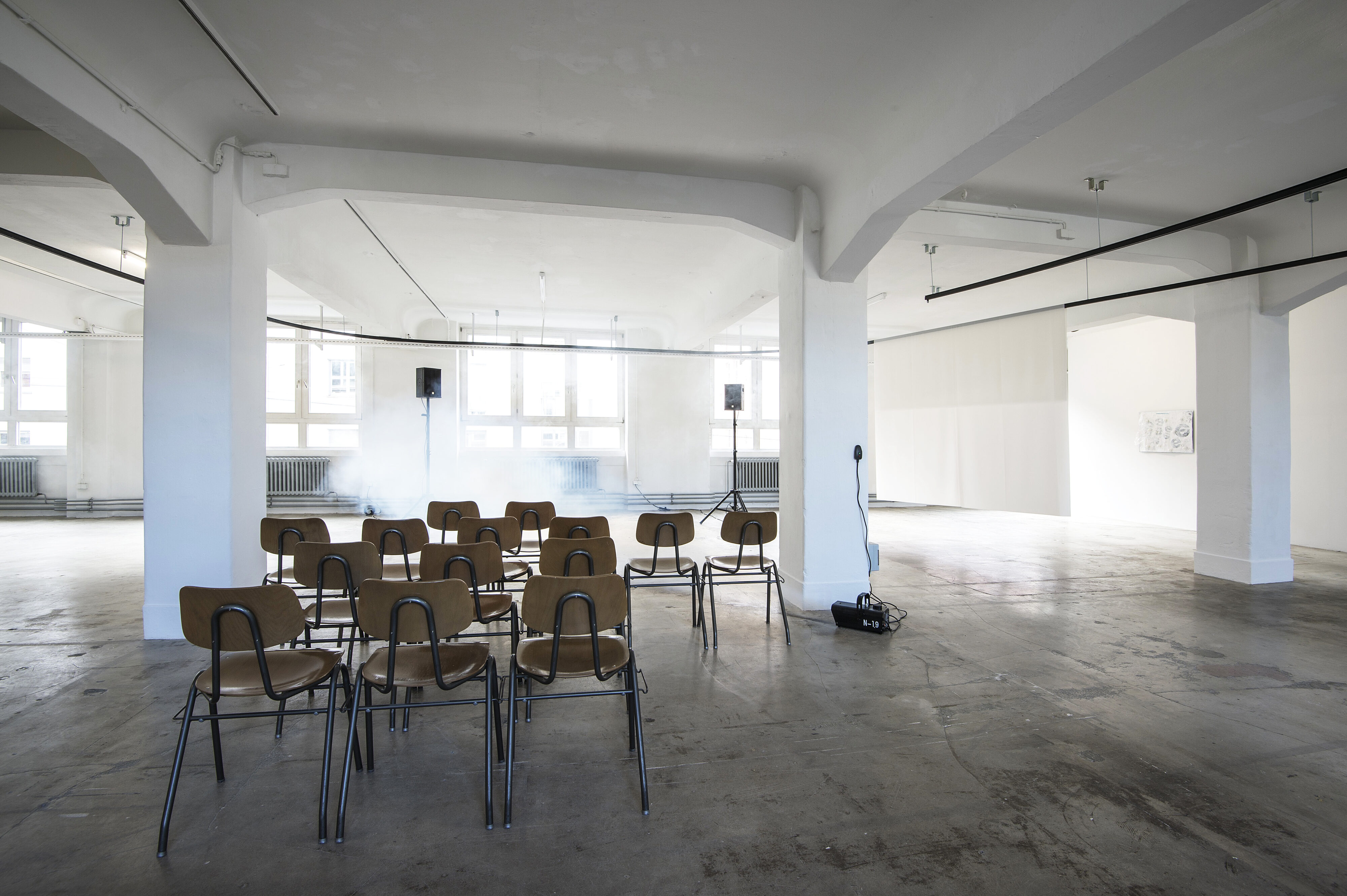
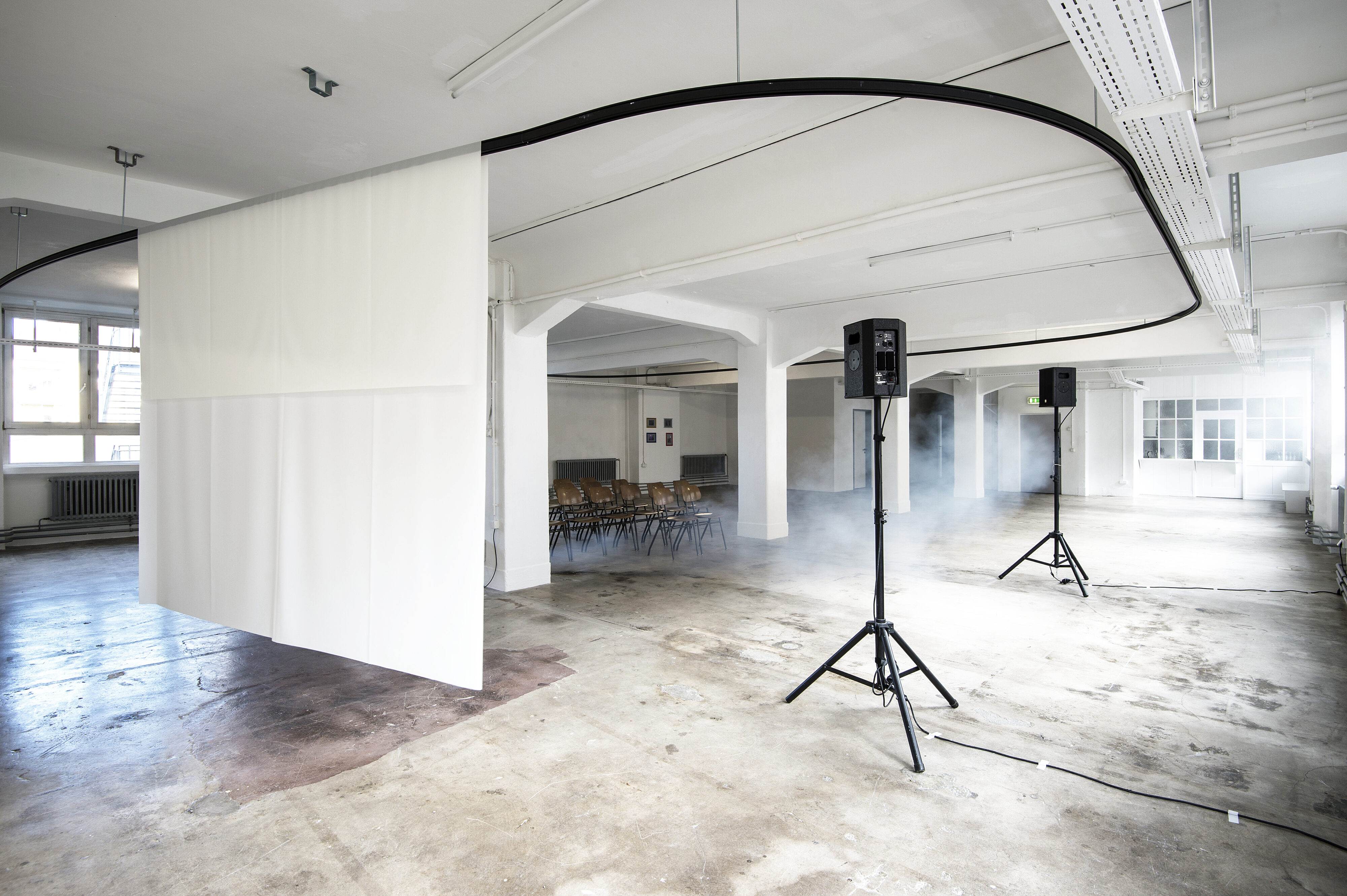
Biergarten Tschechen & Söhne, Karlshöhe
An outdoor cinema on the Karlshöhe hill on Sunday 13th September, a celebration and closing event for Rachel Reupke, Lean in with:
Bonnie Camplin, Terrazzo, 2008
Stan Douglas, Television Spots and Monodramas, 1987–1991
Adrian Maben & Pink Floyd, Live at Pompeii, 1972
Seth Price, Ugly Kill, 2000
Steve Reinke, Treehouse, 1997
Rachel Reupke, Land of Cockaigne, 2007
Karel Zeman, Inspirace, 1949
screening note: Awe, reverence, respect, self-respect, shamefastness, sense of honor, sobriety, moderation, regard for others, regard for the helpless, compassion, shyness, coyness, scandal, dignity, majesty, Majesty.


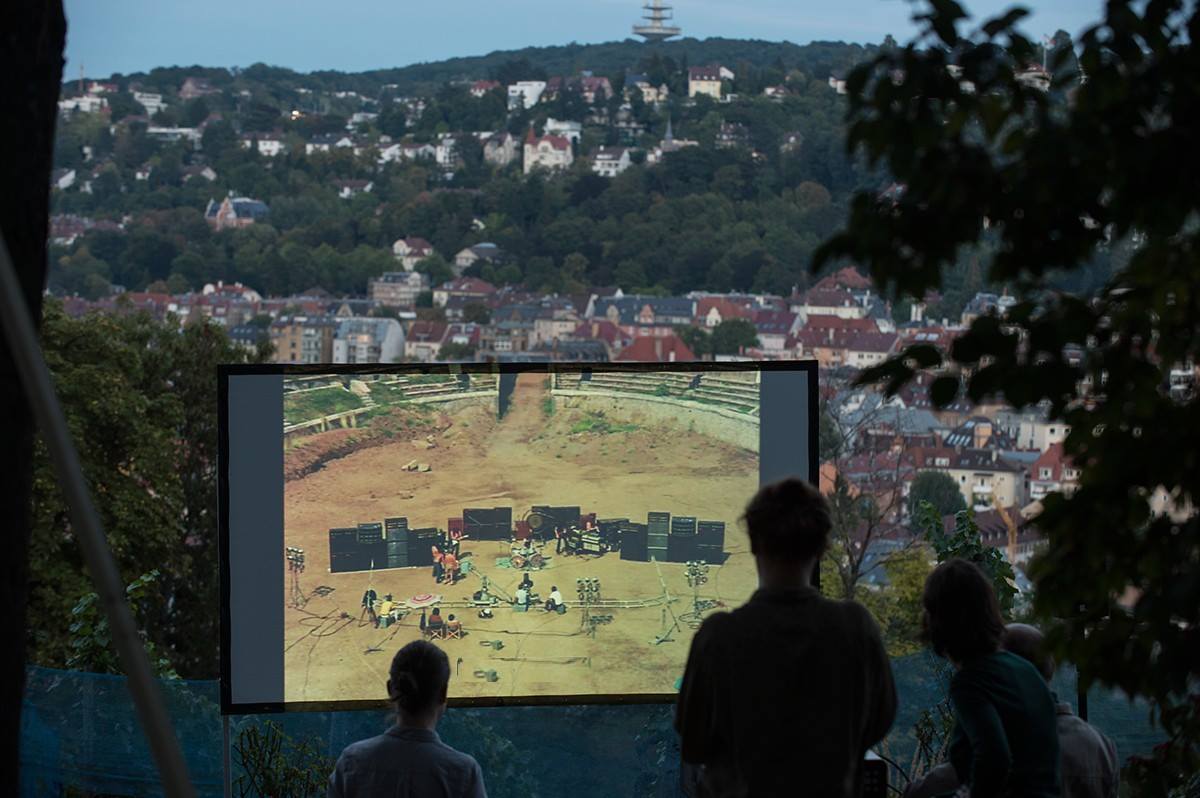
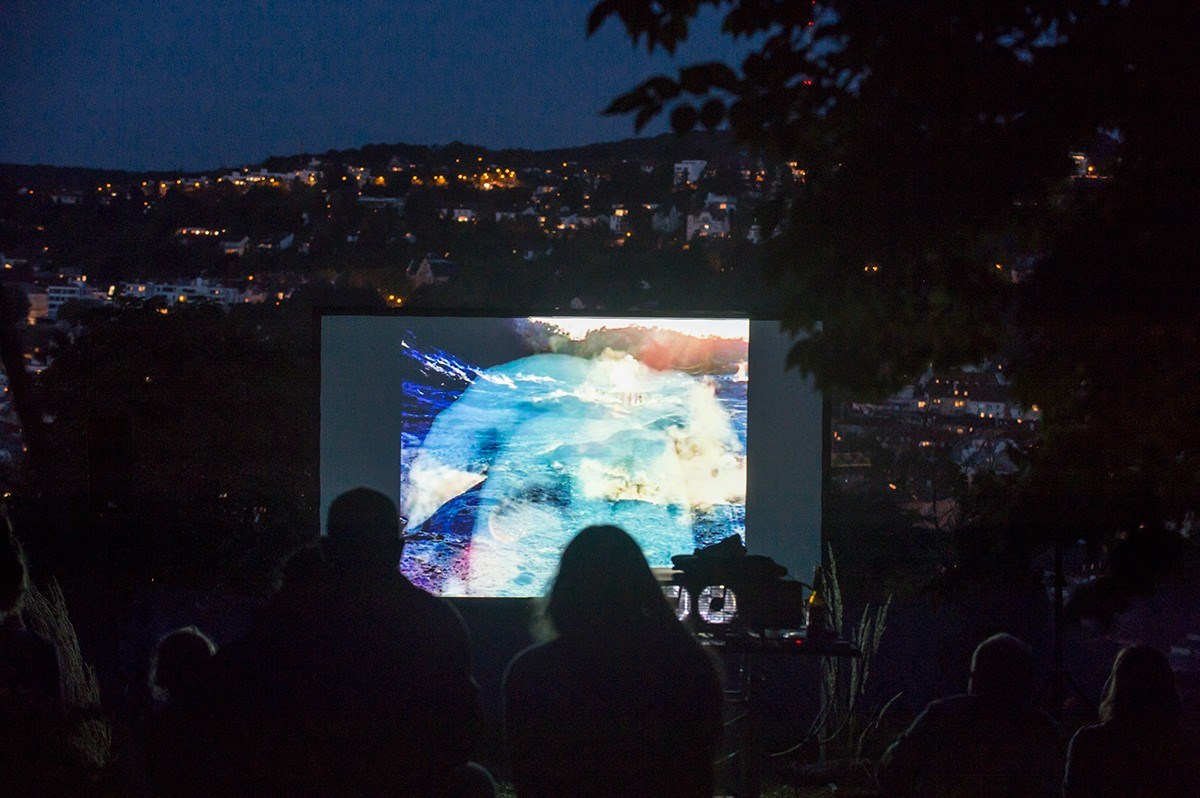
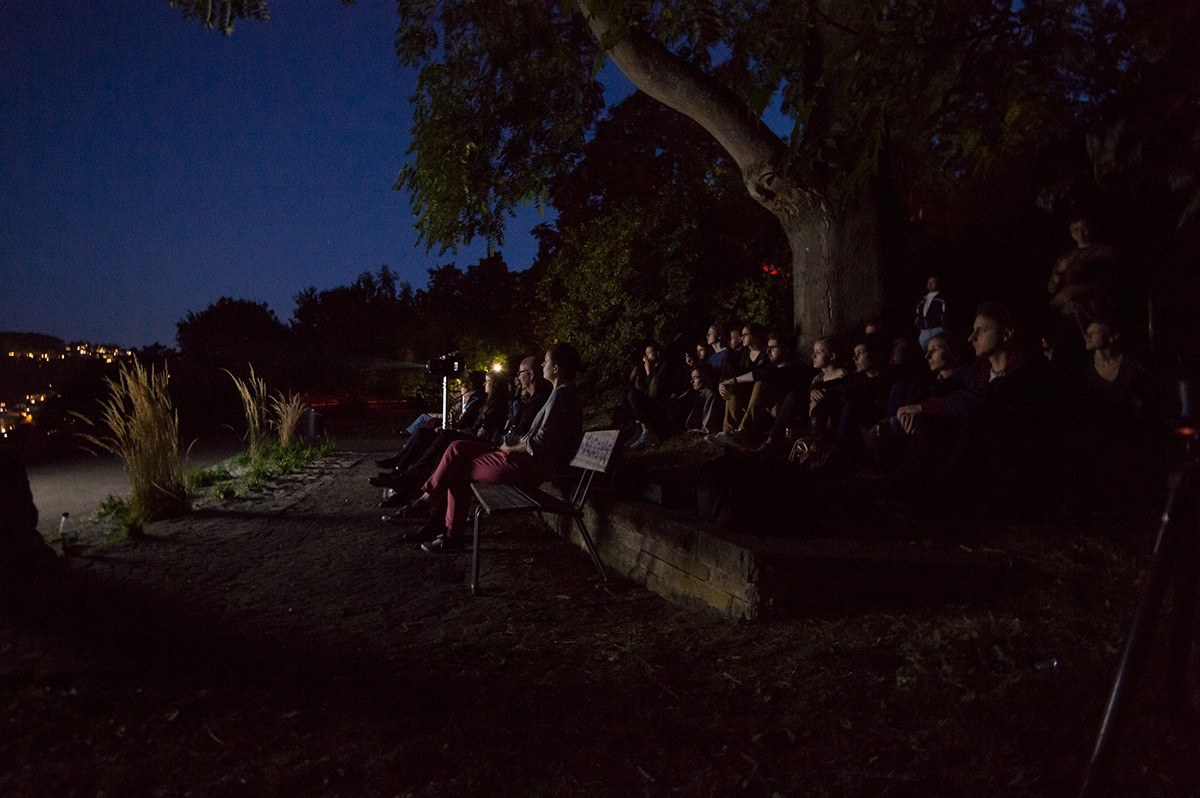

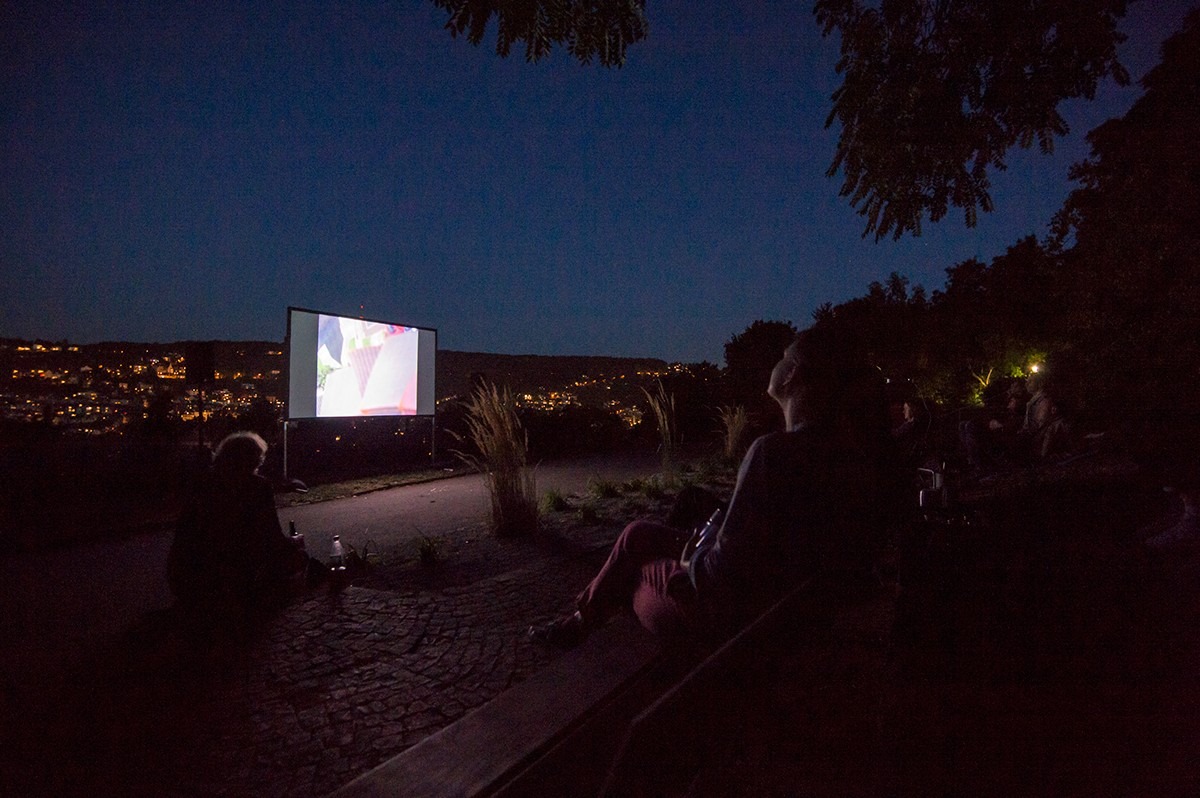
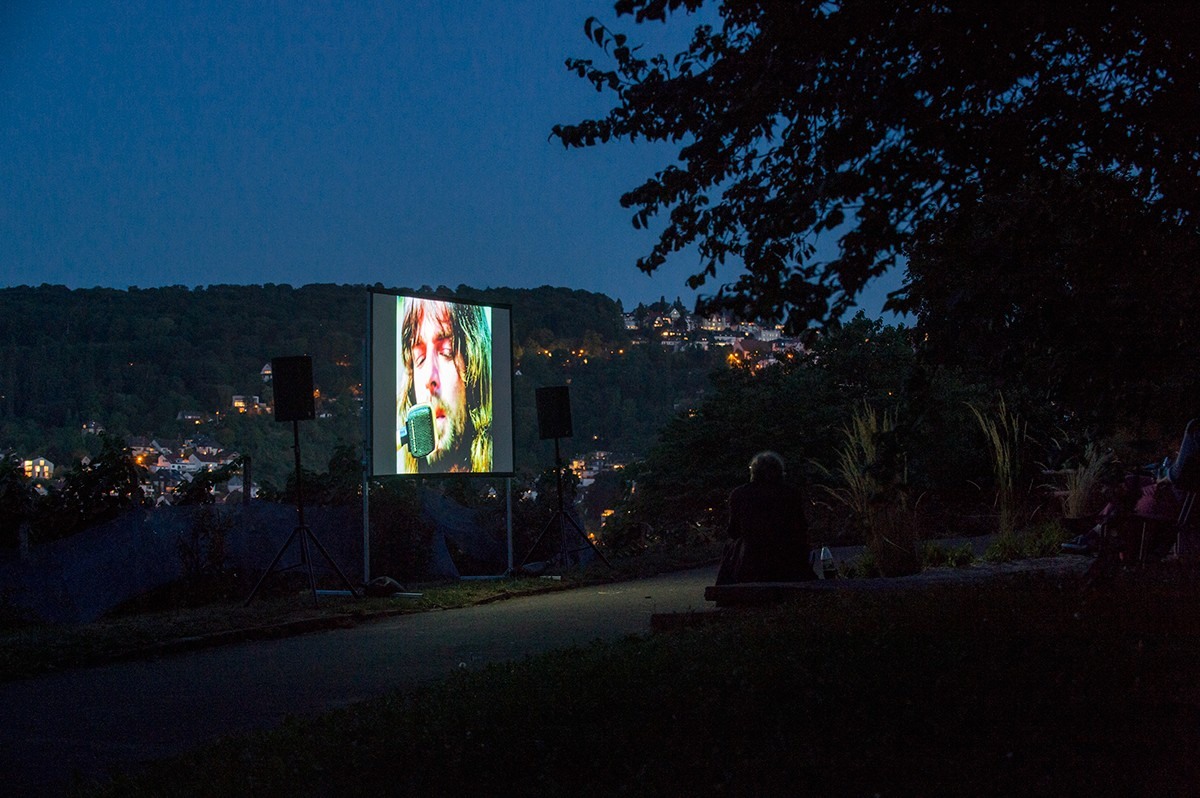

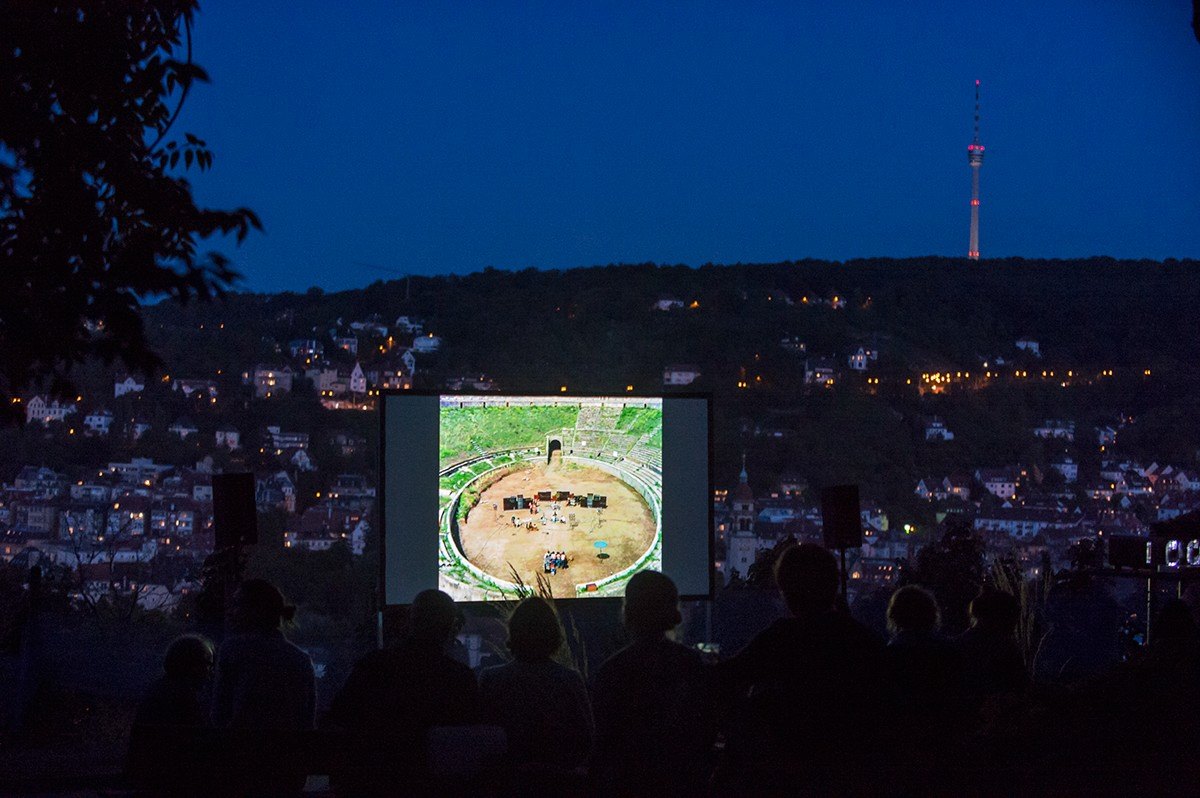
Tension is a central currency in the work of Rachel Reupke. There is a long-running fascination, morbid at times, with the aesthetic and political stakes of minor affects – with frustration, annoyance and paralysis. Lean in is the first retrospective of Reupke’s work, spanning a period between 2006 until the present. Formulated in two parts, the exhibition focuses on Reupke’s practice in the form of a survey of key works, alongside a temporary cinema. The latter with a curated programme featuring Loretta Fahrenholz, Peter Roehr, and Owen Land amongst others, speaking of the work and its methods through the medium of film itself.
A point of focus for Lean in is a particular space of the ready-made and sanitised world of stock images, advertisement and outtakes. The feelings at work tend to be non-cathartic affects, emotional states linked with the suspension or blockage of action. Formalism holds an important place, as do the things that seep, spill or otherwise get away from it as excess. The most recent work of the exhibition is Letter of Complaint (2015) – a highly-stylised and temporally ambiguous period drama drawing on banal and desperate letters of complaint. The film, which formally and conceptually takes on the form and spirit of the template-based and bureaucratic expression of discontent, is one that teeters on the edge of things – of sublimation, of exhaustion and importantly, of exuberance.
The state of something being ‘off,’ subtly but to the core, is one that recurs in Wine & Spirits (2013) and 10 Seconds or Greater (2009) – works that use the house-language of stock images and its register of visual and emotive cues. Stock footage is often used to sell products that have no material substance: health insurance, pensions, mortgages – there is a huge array of staged scenarios of people being ill, witnessing traffic accidents, attending funerals and worrying about bills. Delicately edited together, what emerges in these works is something like an anti-narrative, in every respect. They are intensely expressive works, against the systematic representations that they channel; the circulated and exchangeable images that do not represent us. They are expressive by virtue of the extent to which all expression has been thoroughly removed and dumped outside the frame.
The temporary cinema is a site to further explore another facet of Reupke’s work – her early landscape suites, where a Caspar David Friedrich-like sense of composition joins a lingering feel that the humans have left. Here lack is stated more directly through the non-present human figure, adding a post-apocalyptic undertone to the views of creeks, fields and mountains. It is an absence that grows louder as the soundtrack from Reupke’s Containing Matters of no very peaceable Colour (2009) continues in the background: “behaviour, emotional stress… lifestyles, blonde hair…”


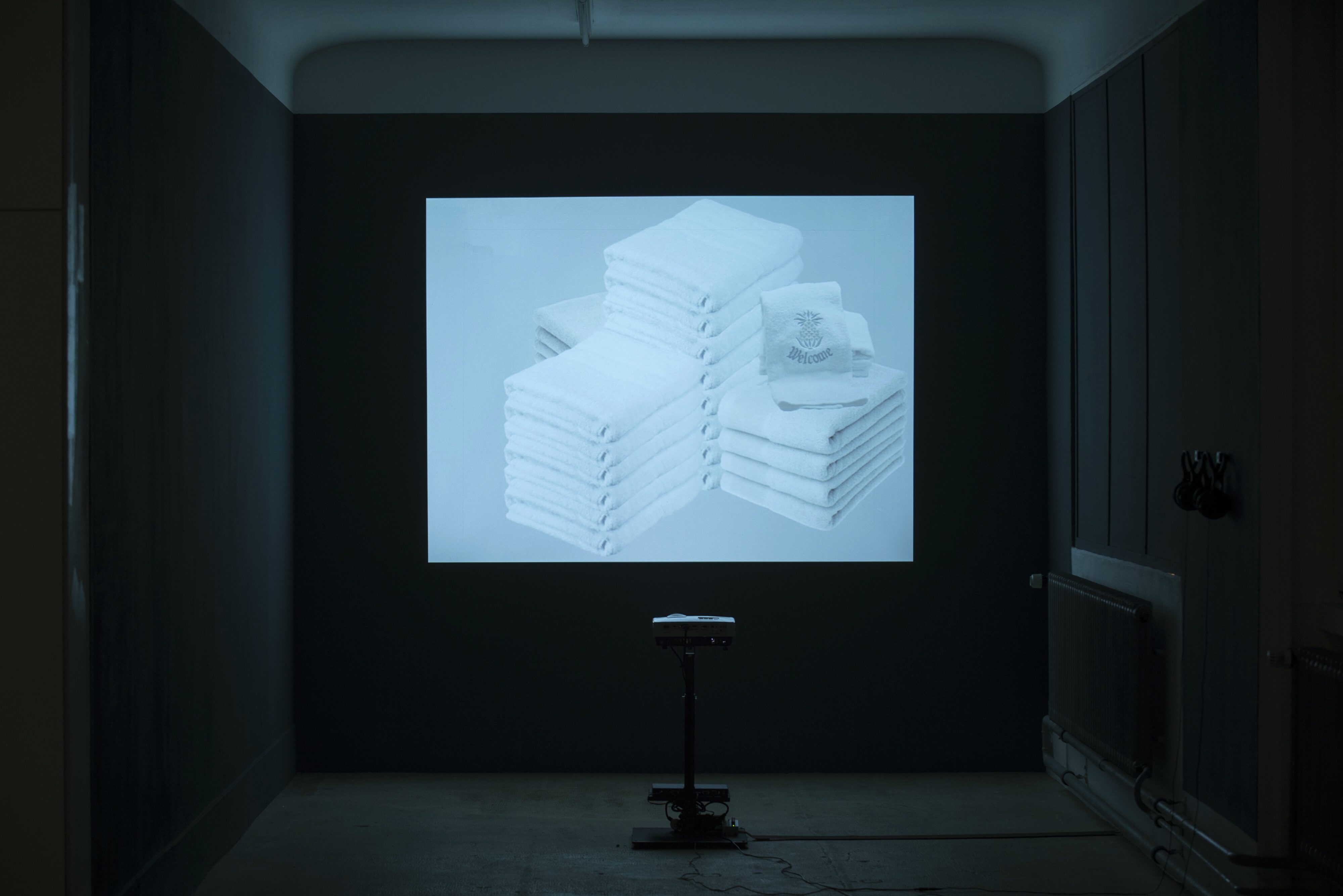
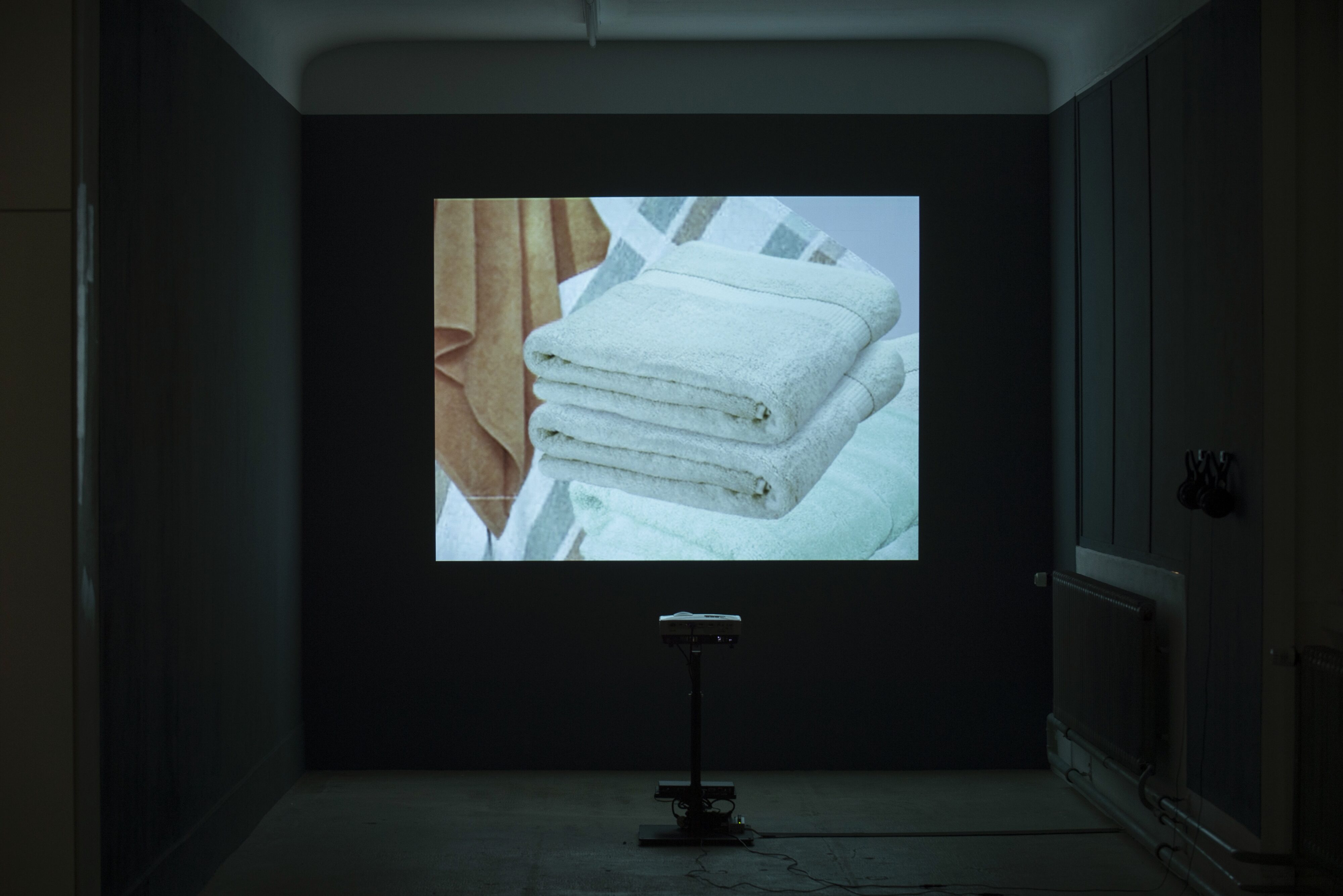
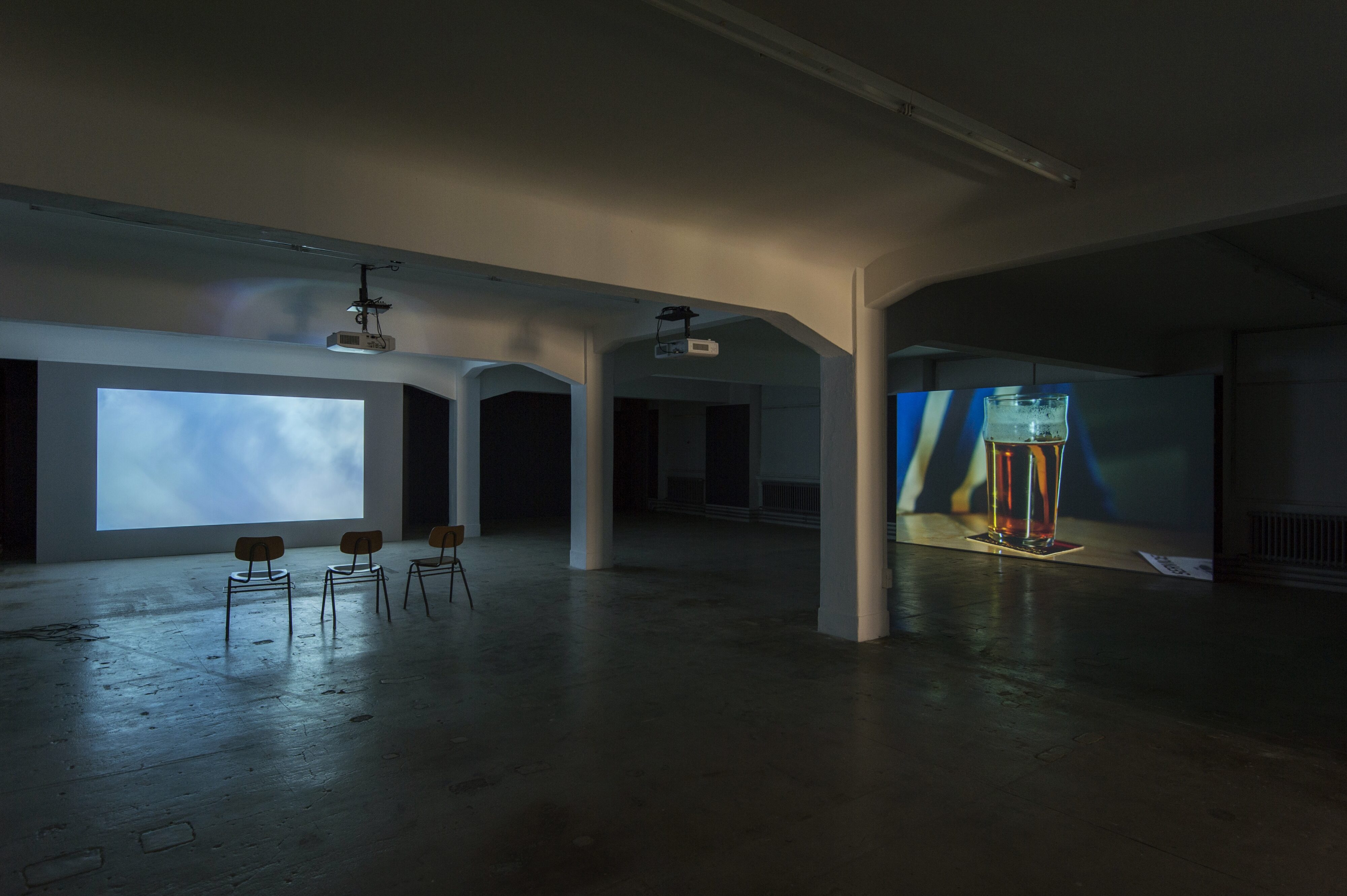
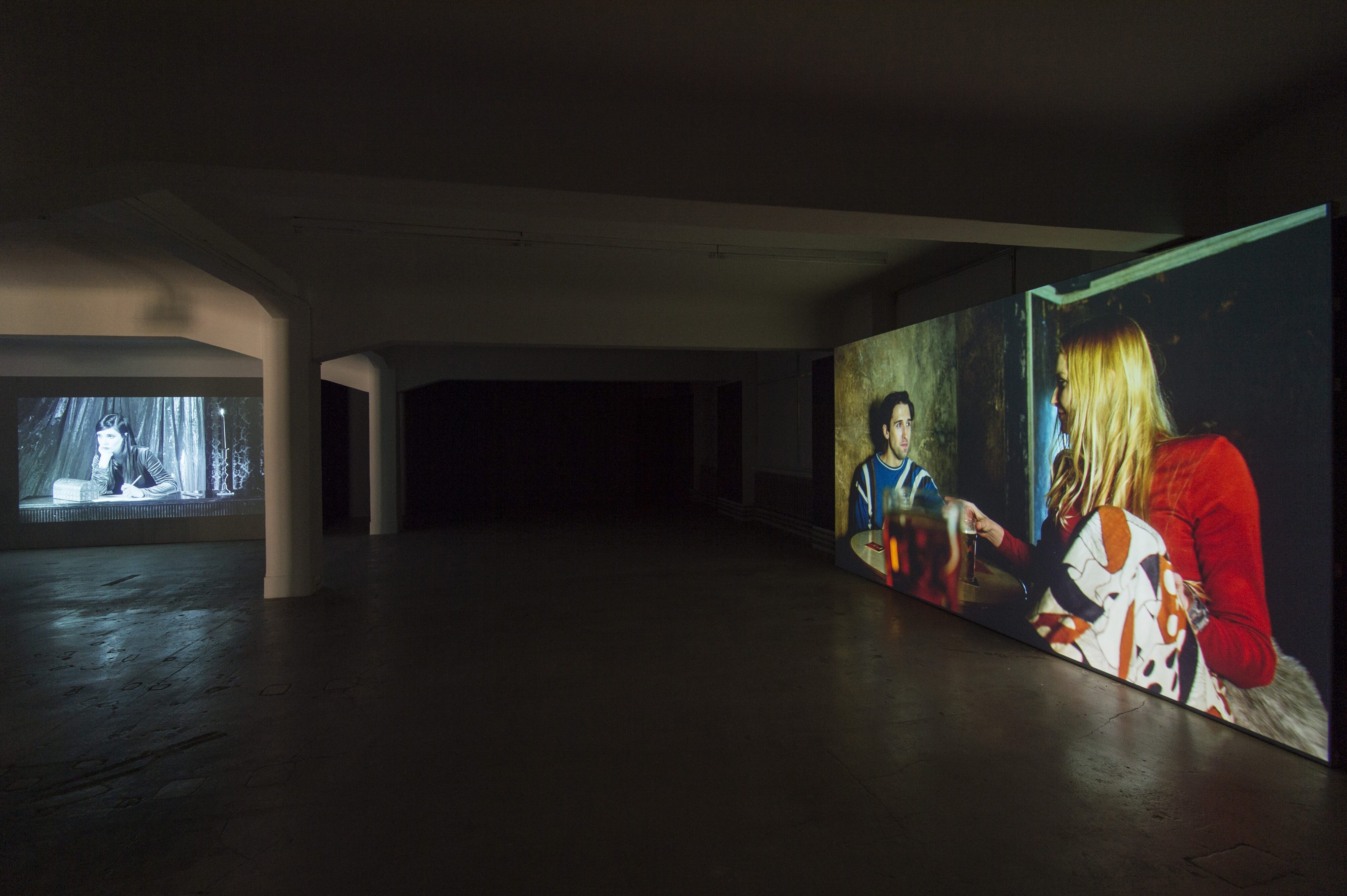
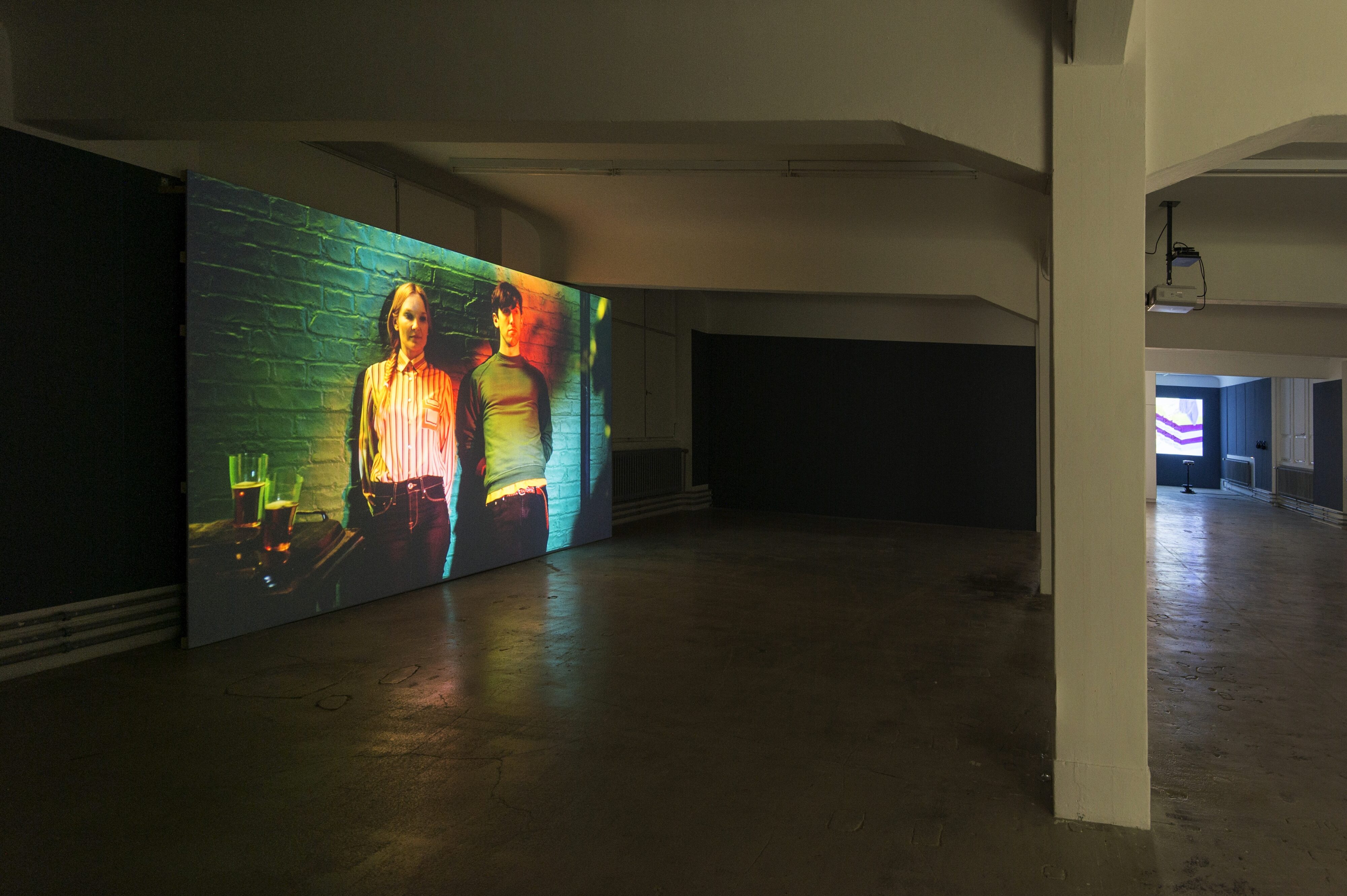
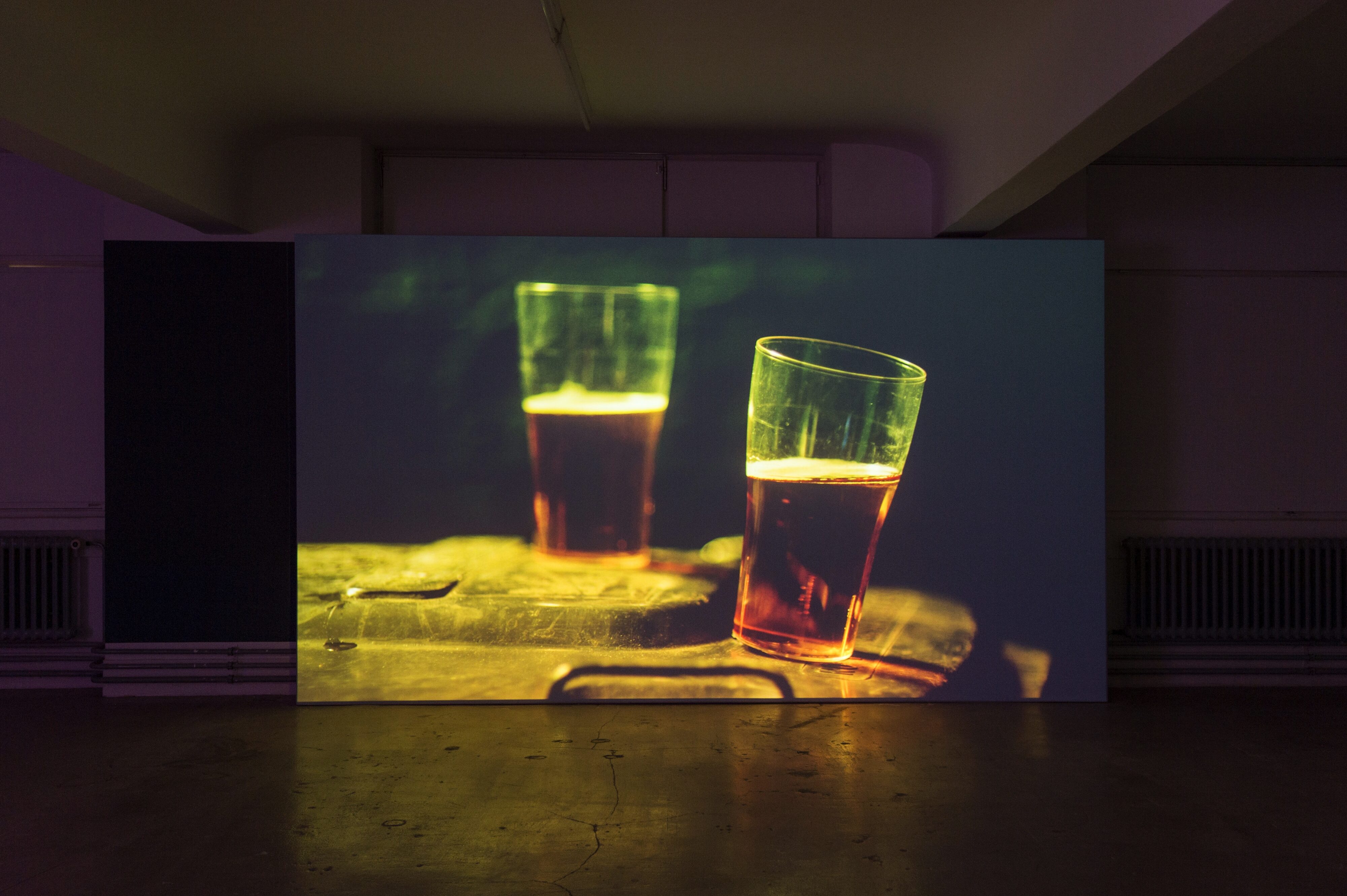
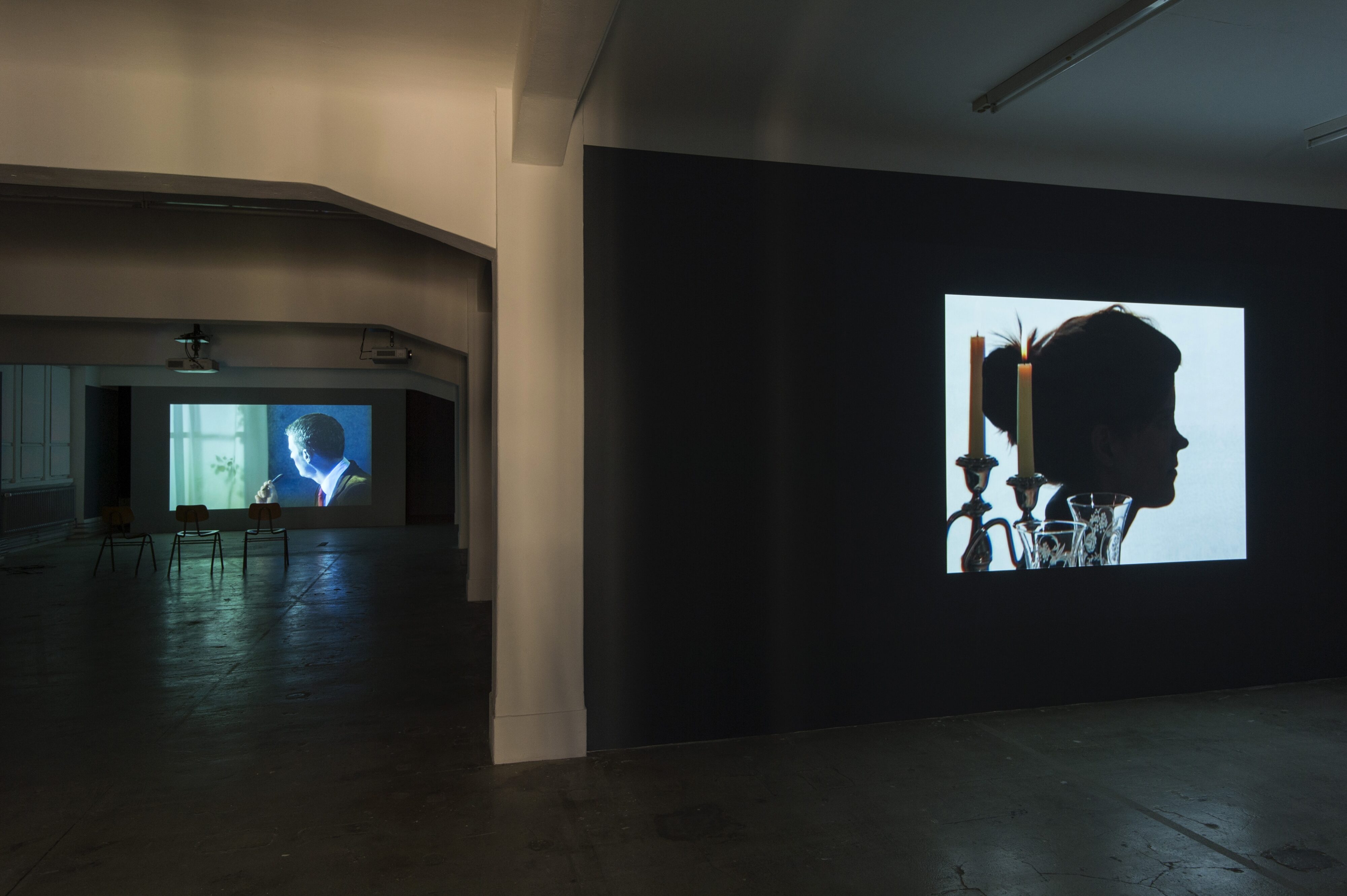

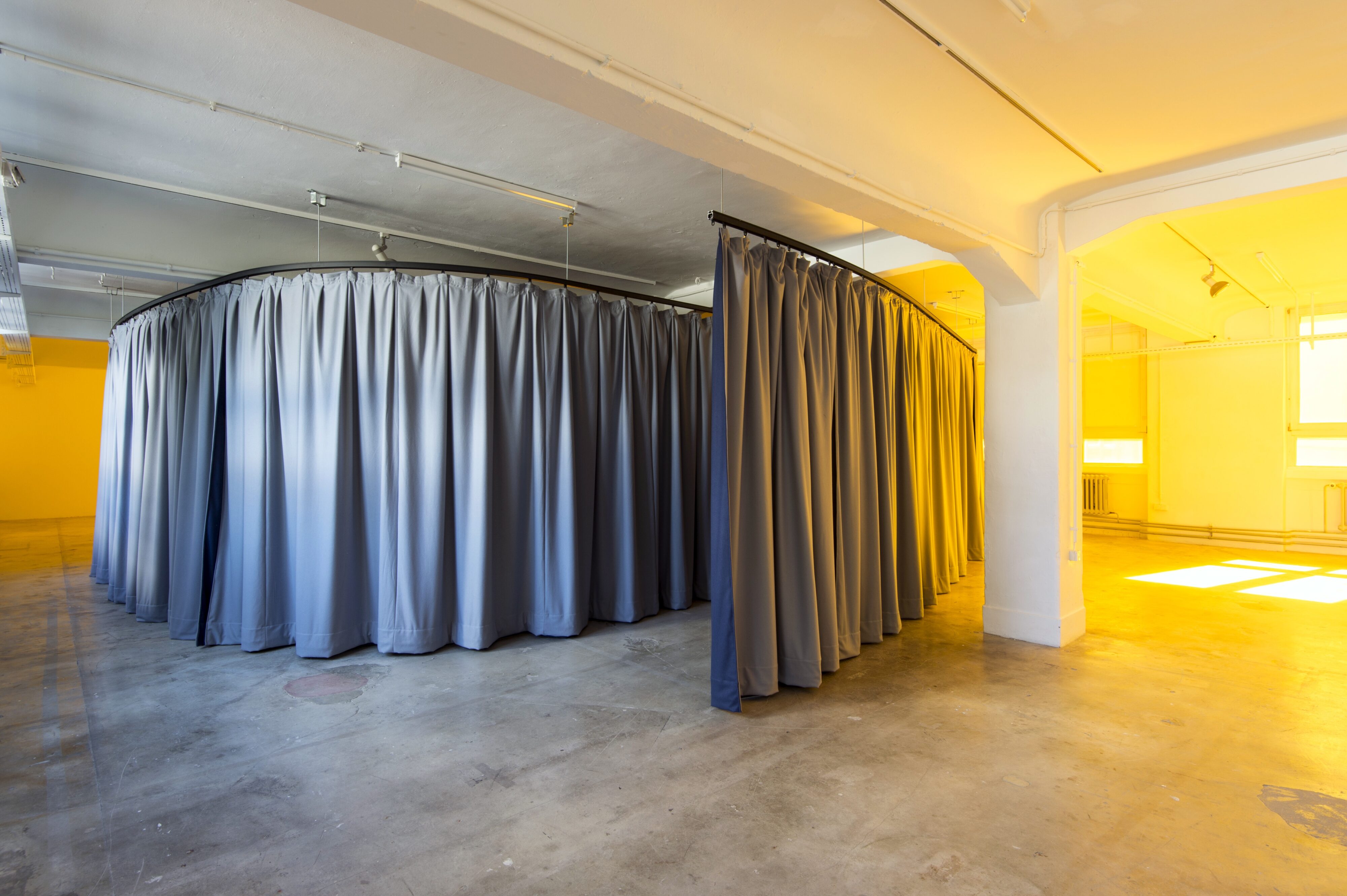
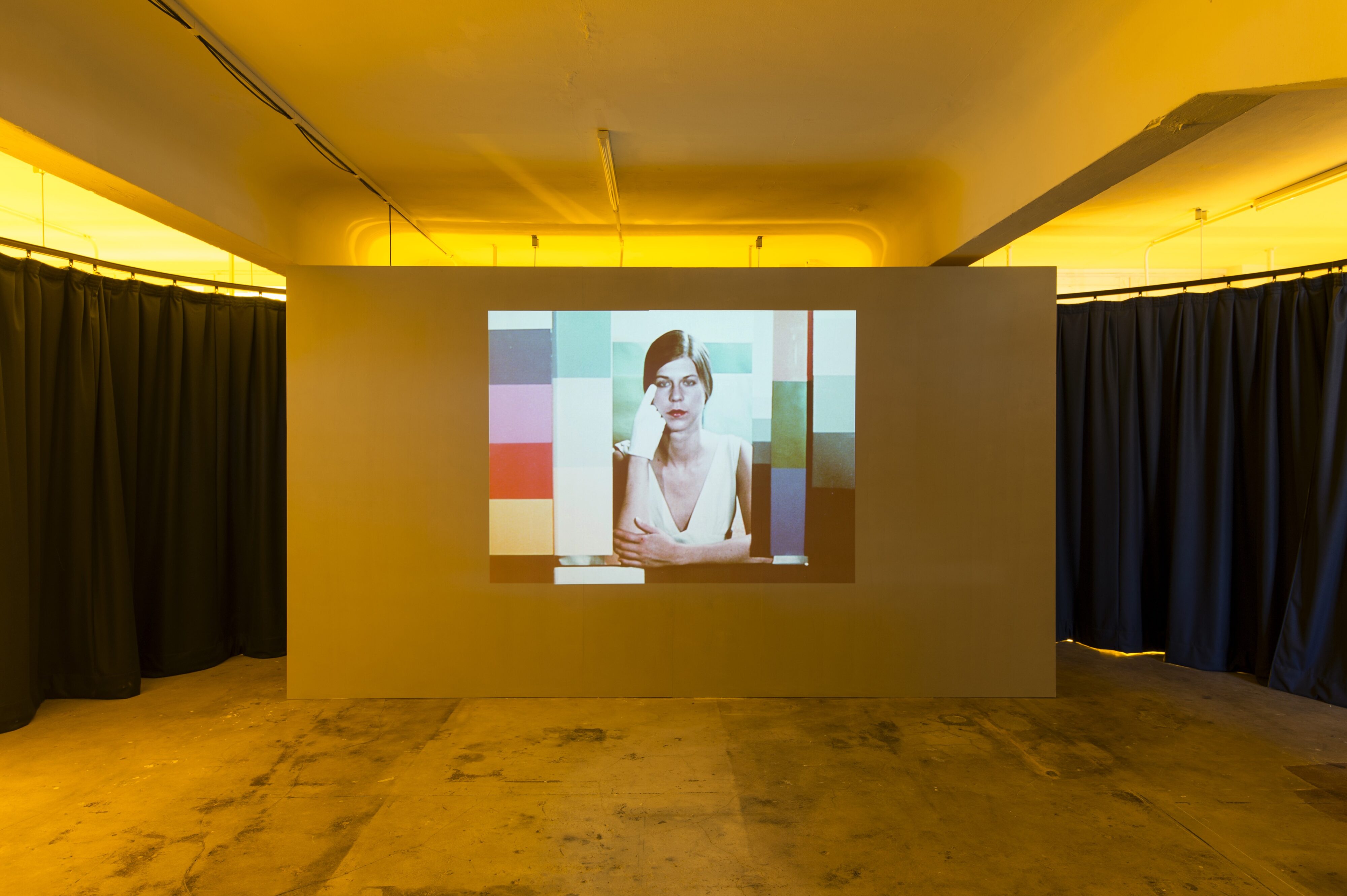
The exhibition is the first in the programme of Fatima Hellberg and marks the opening of a new space designed by Simon Jones Studio at Künstlerhaus Stuttgart.
Container and Contained reflects on inwardness and authority. At its centre is a new structure: a purpose-built space to be configured and reconfigured for various iterations of the live moment. The space, designed by Simon Jones Studio and dedicated to performance and performativity in an expanded sense, opens its one-year programme with a specifically commissioned work by writer and artist Gregg Bordowitz. Part-performance, part-lecture, Bordowitz’ work reflects on terms of interiority and entrapment, and follows his long-running concerns with the structure and politics of writing and speaking from inside oneself.
The question of a method which contains its own fragility, or collapse, and the need for a mental space for further ideas which may yet be developed, returns in the works included in the exhibition. The title itself – Container and Contained – makes reference to the work of psychoanalyst Wilfred Bion (1897–1979) on inwardness and structure, and his insistence on a space ‘behind’ the surface manifestations which strike our sensory and perceptual systems.
In the exhibition, Julia Heyward’s rarely screened part-film, part-performance from 1976, Shake Daddy Shake explores the body as a vessel, able to channel and to be spoken through, concerns that run through Stephen Sutcliffe’s sardonic video loop, A Policeman is Walking (2009). The moving image work of Brice Dellsperger’s Body Double 23 unfolds in black space with a lip-synced and heavily mannered performance of the film’s victim as she passes, in Dellsperger’s words, “from anonymity to celebrity, from life to death,” whilst the sculptural work of late Hong Kong artist Antonio Mak grapples, through humour and pathos, with the divided self. Filmmaker and musician Tony Conrad’s minimal sculptural installation Untitled (2014), reflects on terms of confinement and transparency and Josephine Pryde’s photographic series It’s Not My Body pushes the image and fantasy of the interior being into a space of affect and science fiction.
Supported by
Photography: Frank Kleinbach

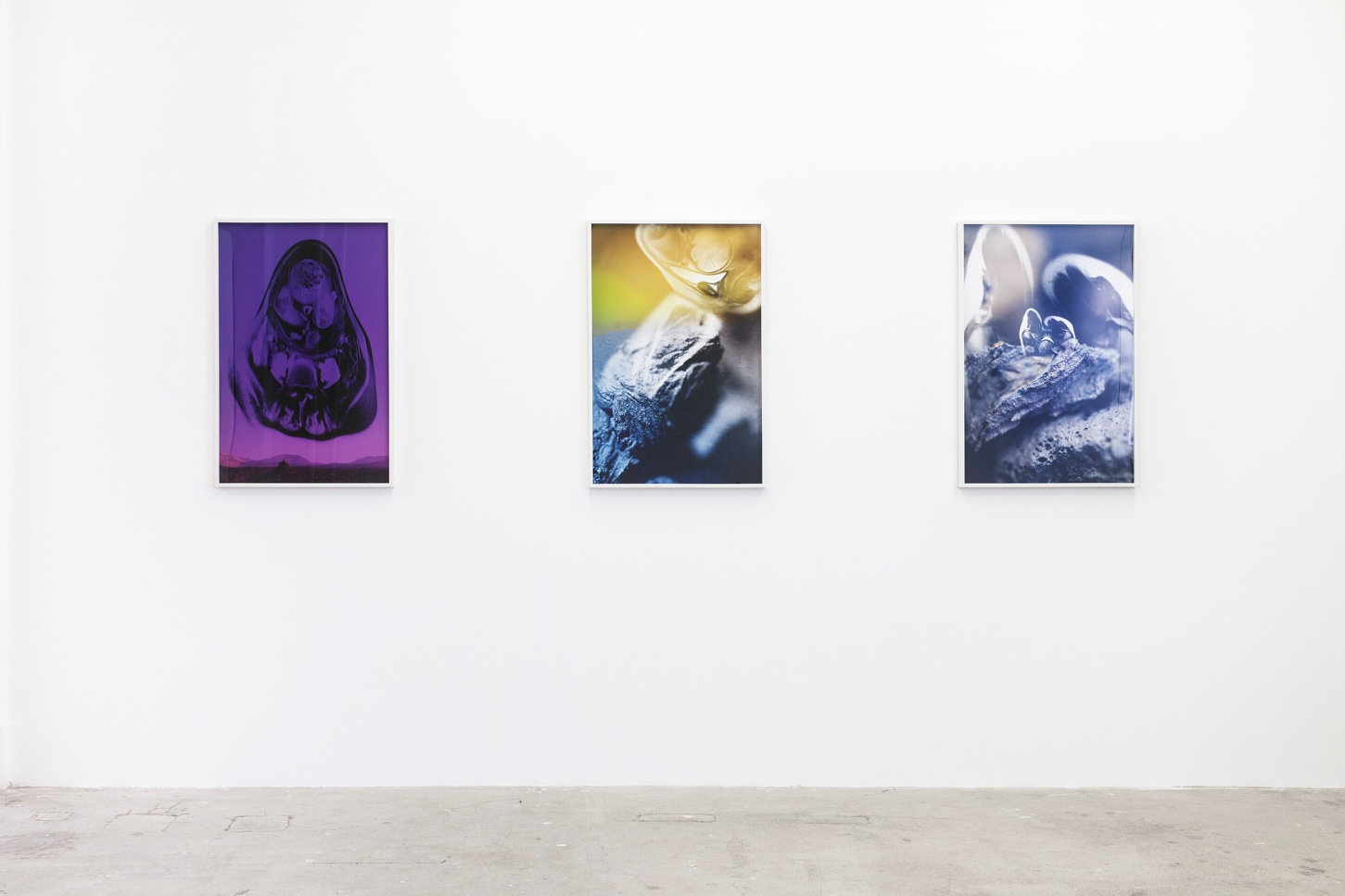

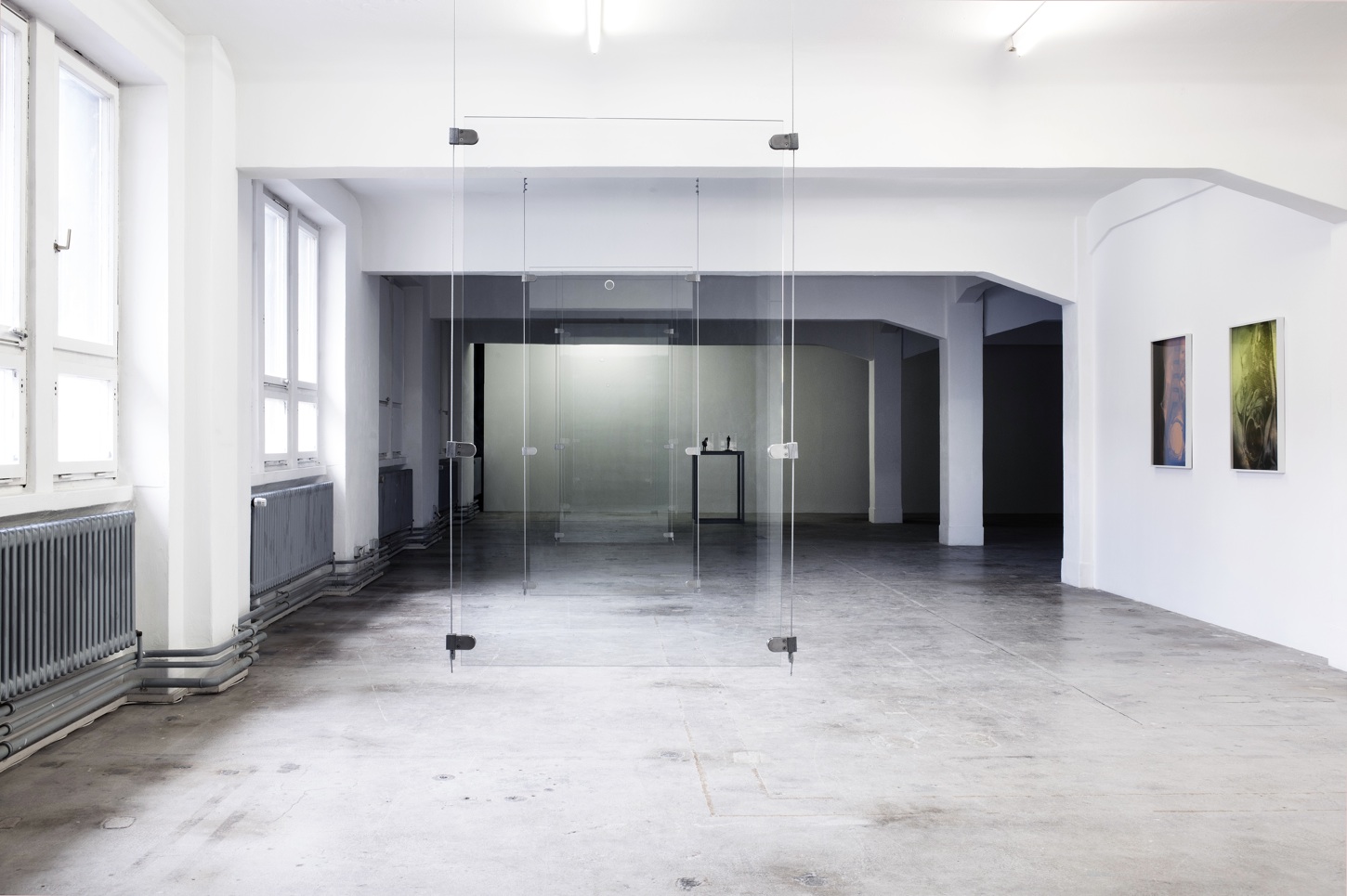
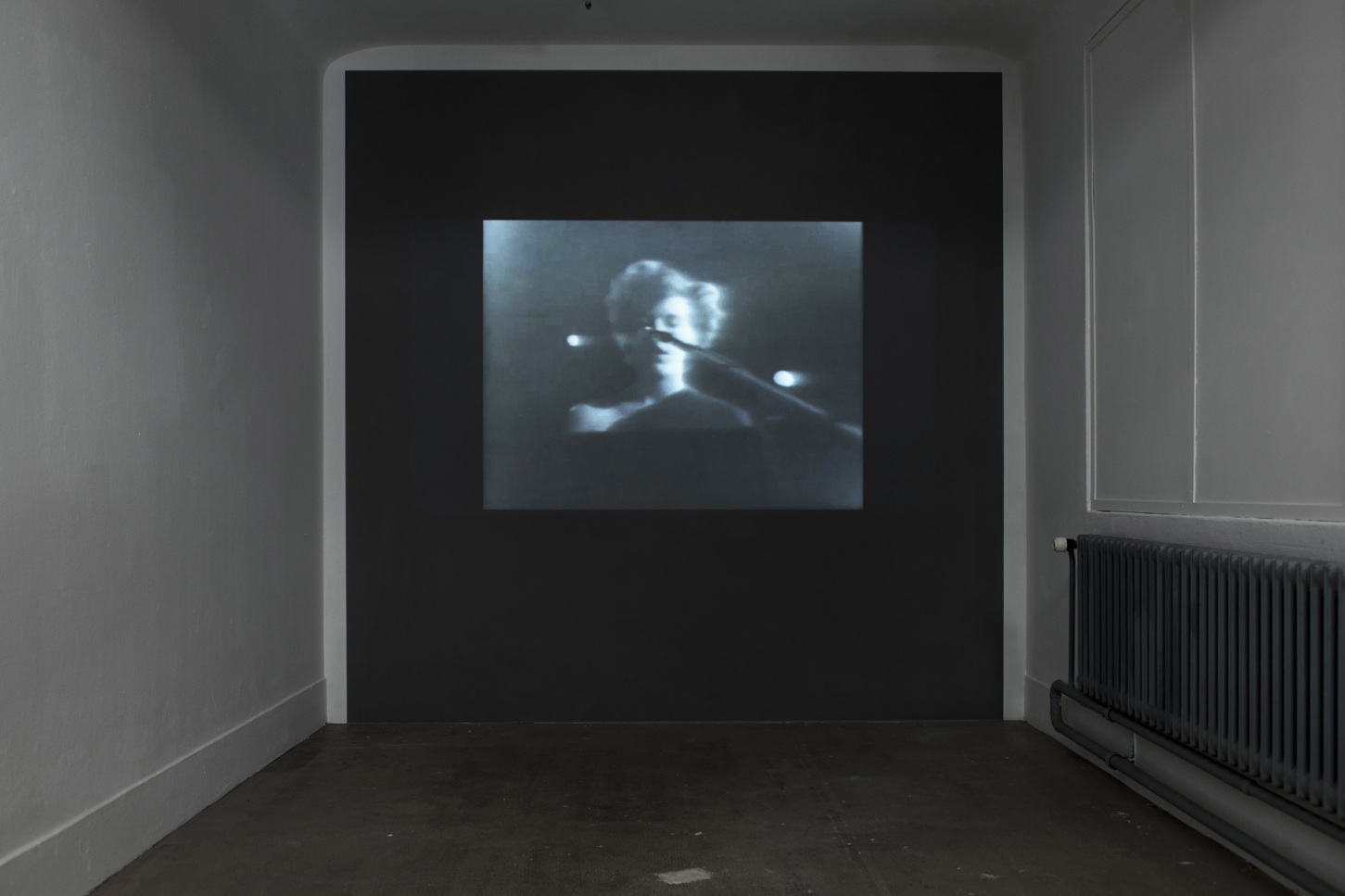
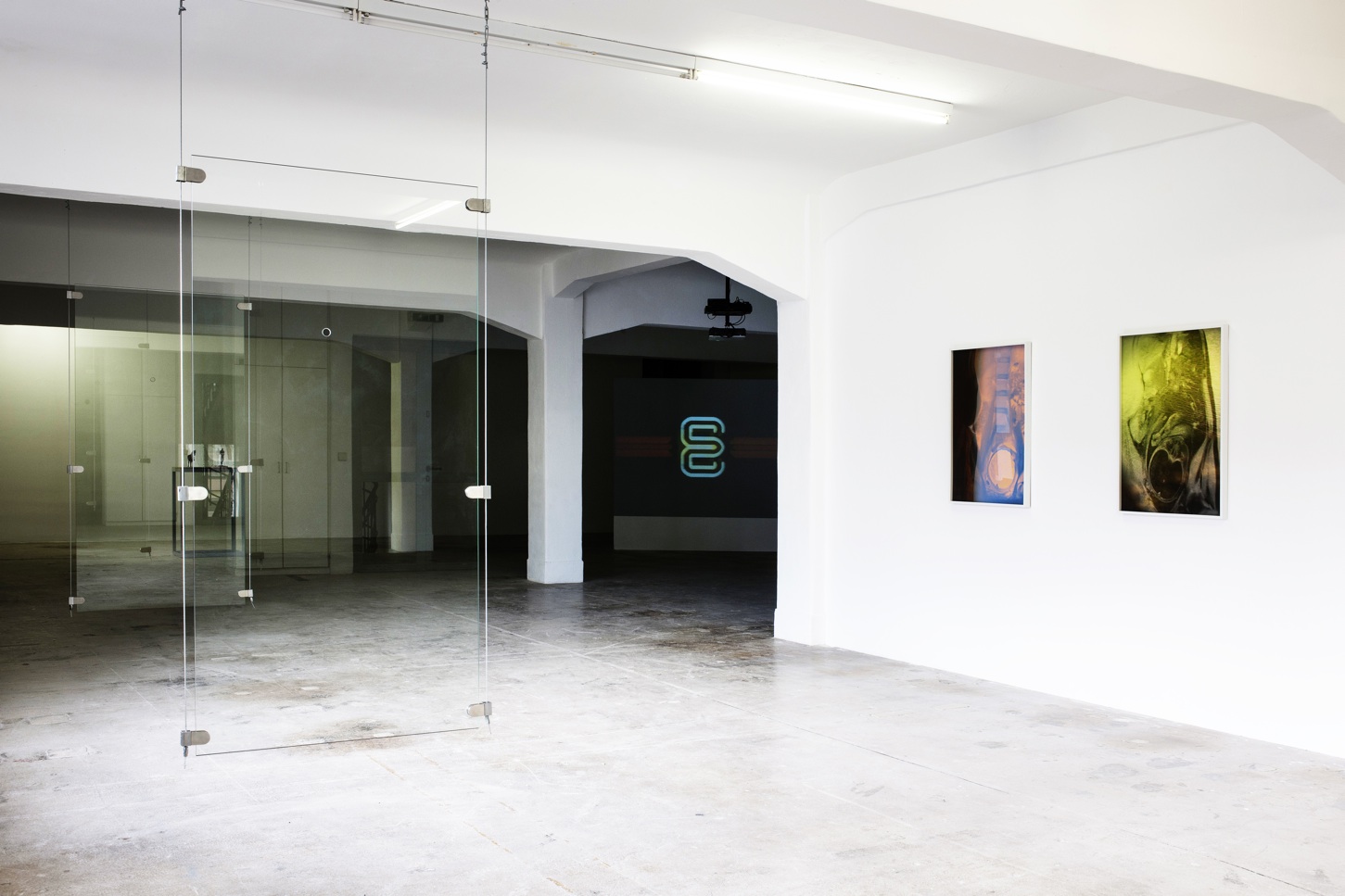
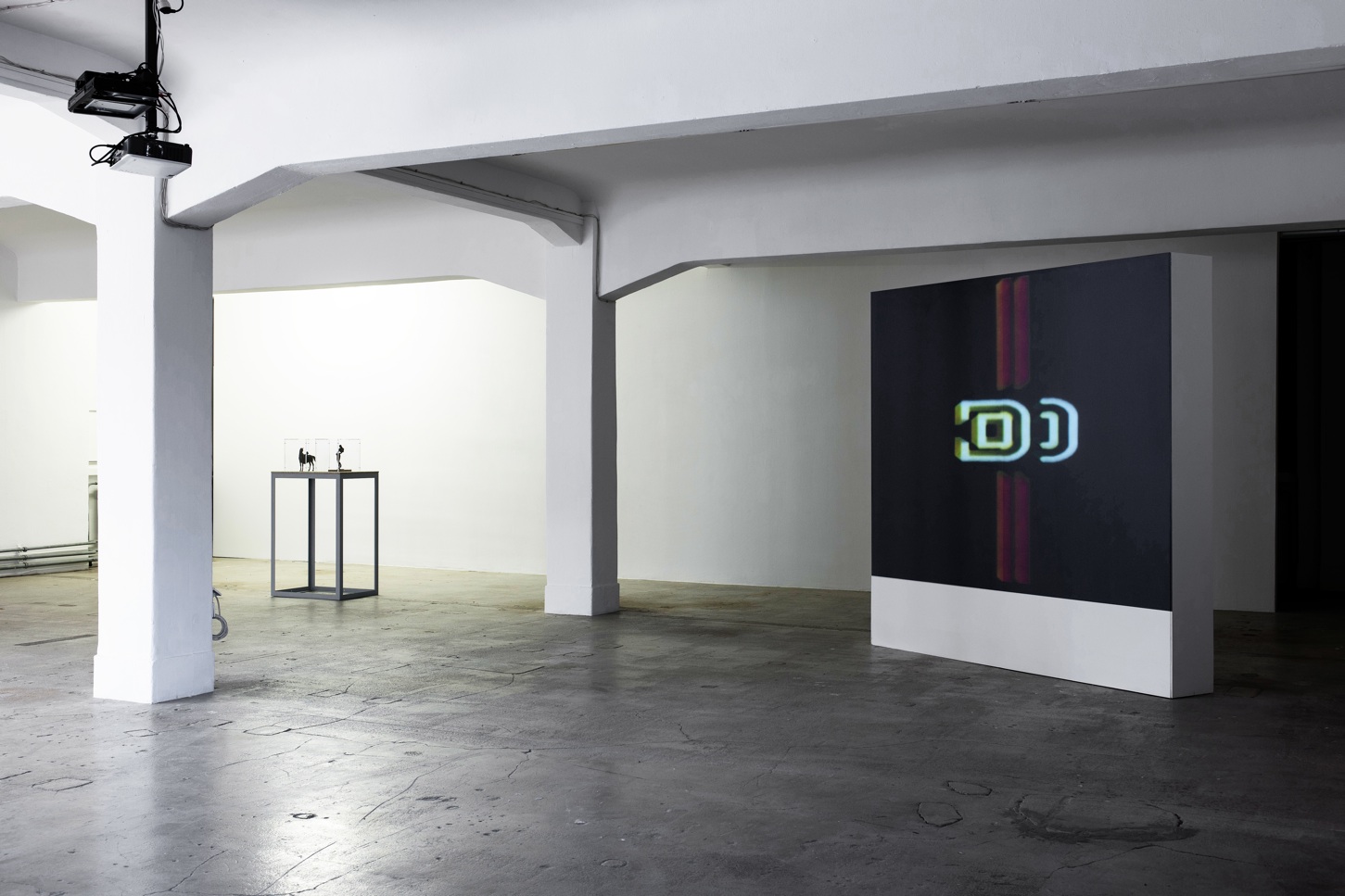
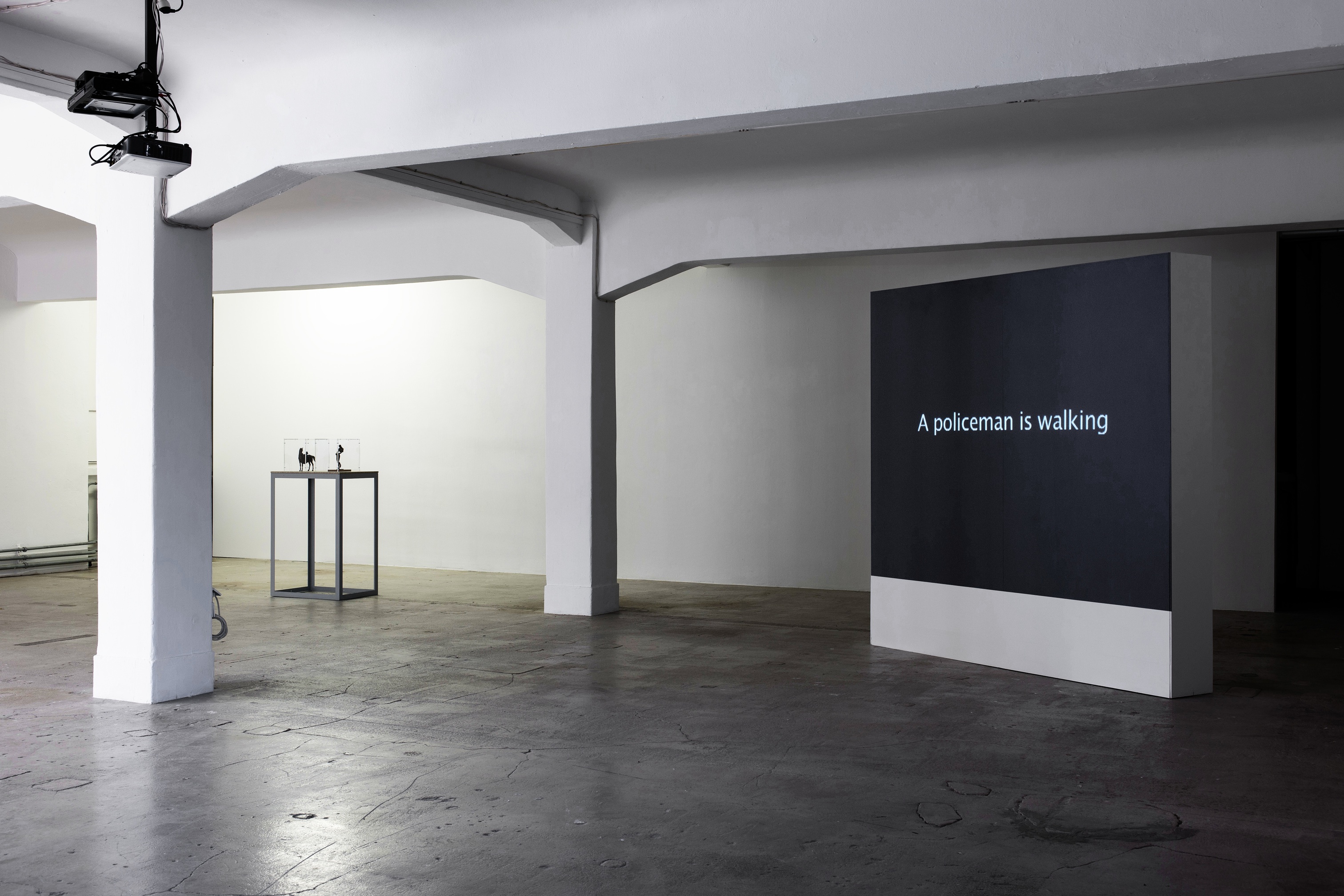
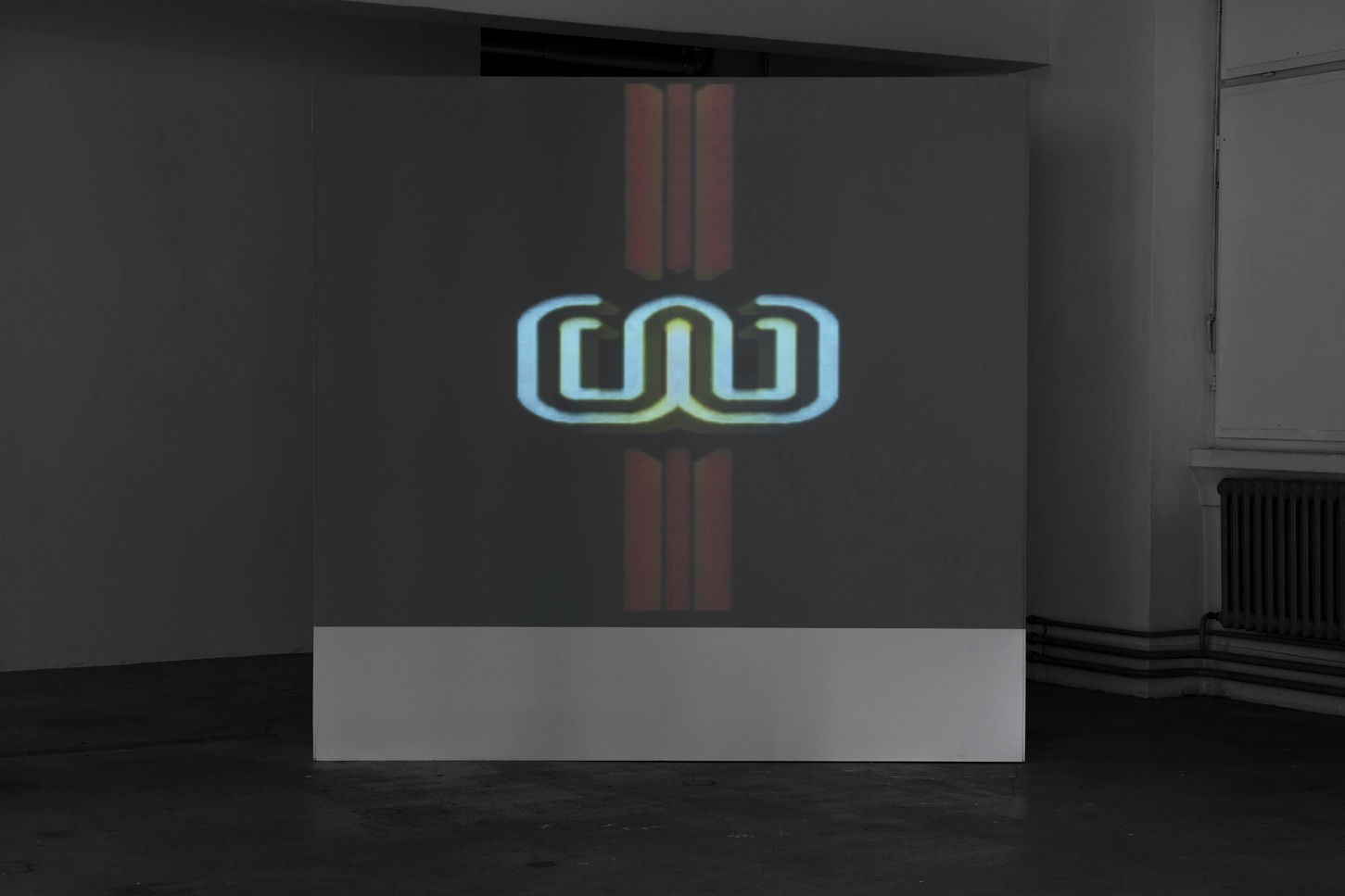
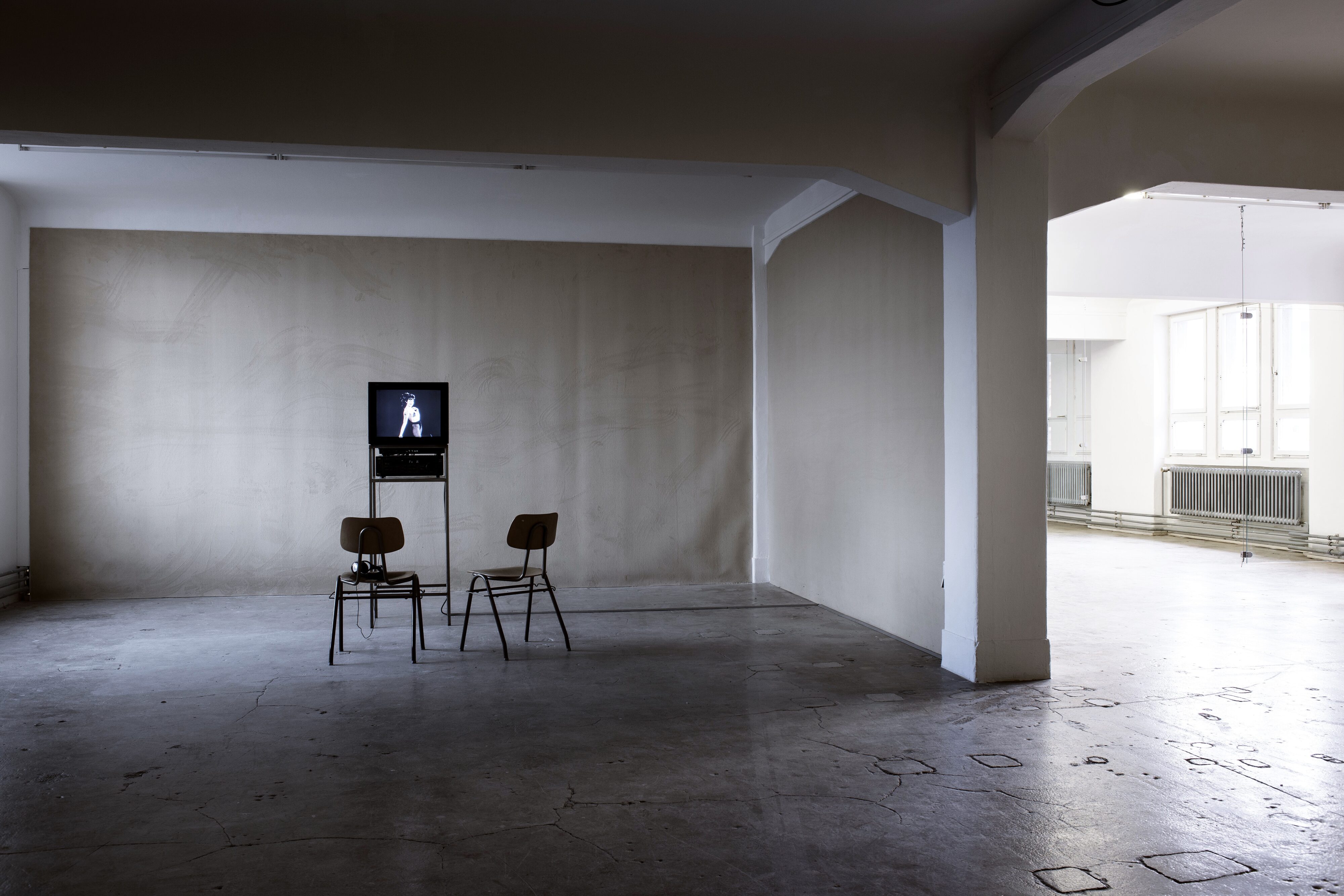
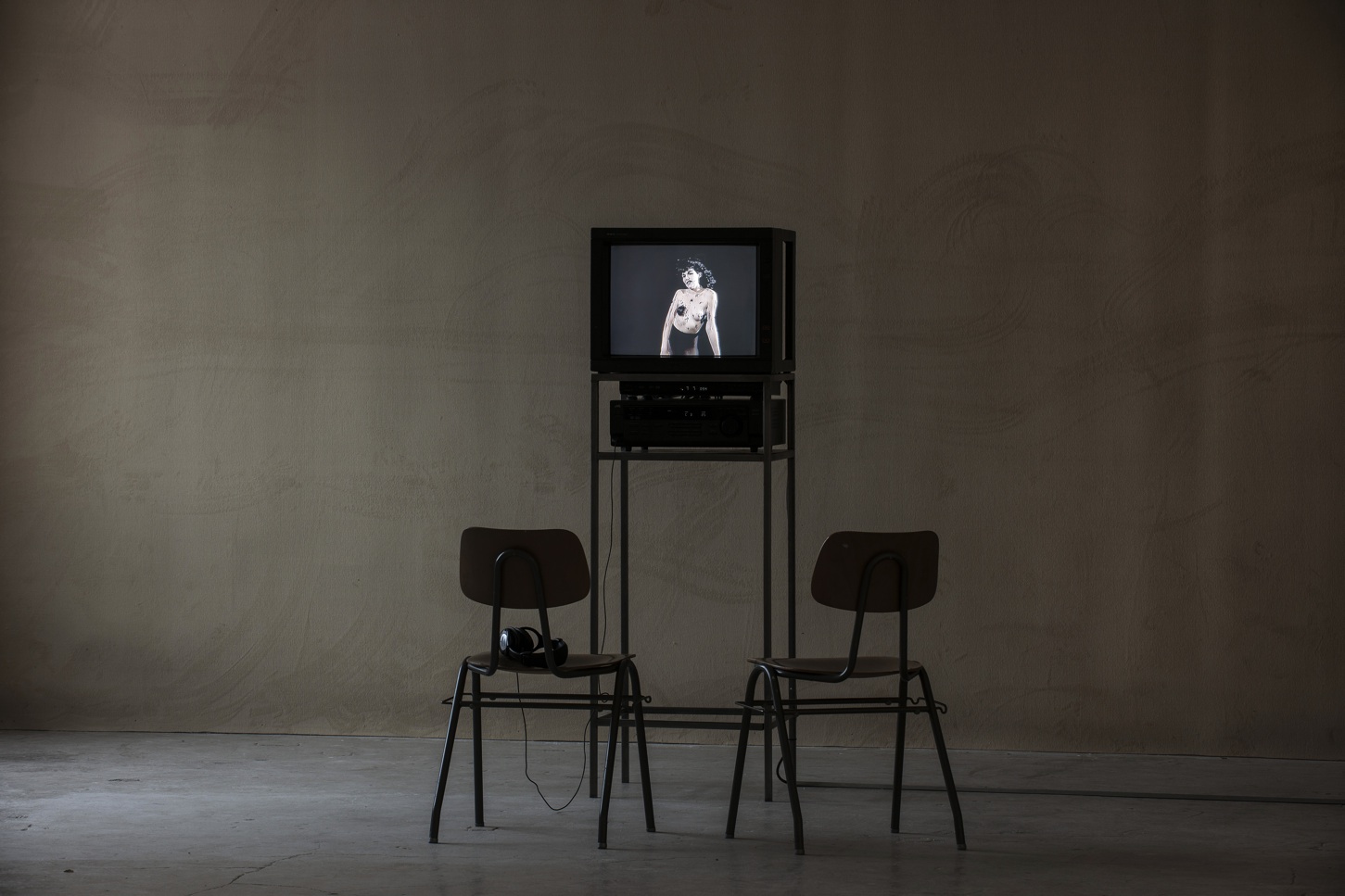
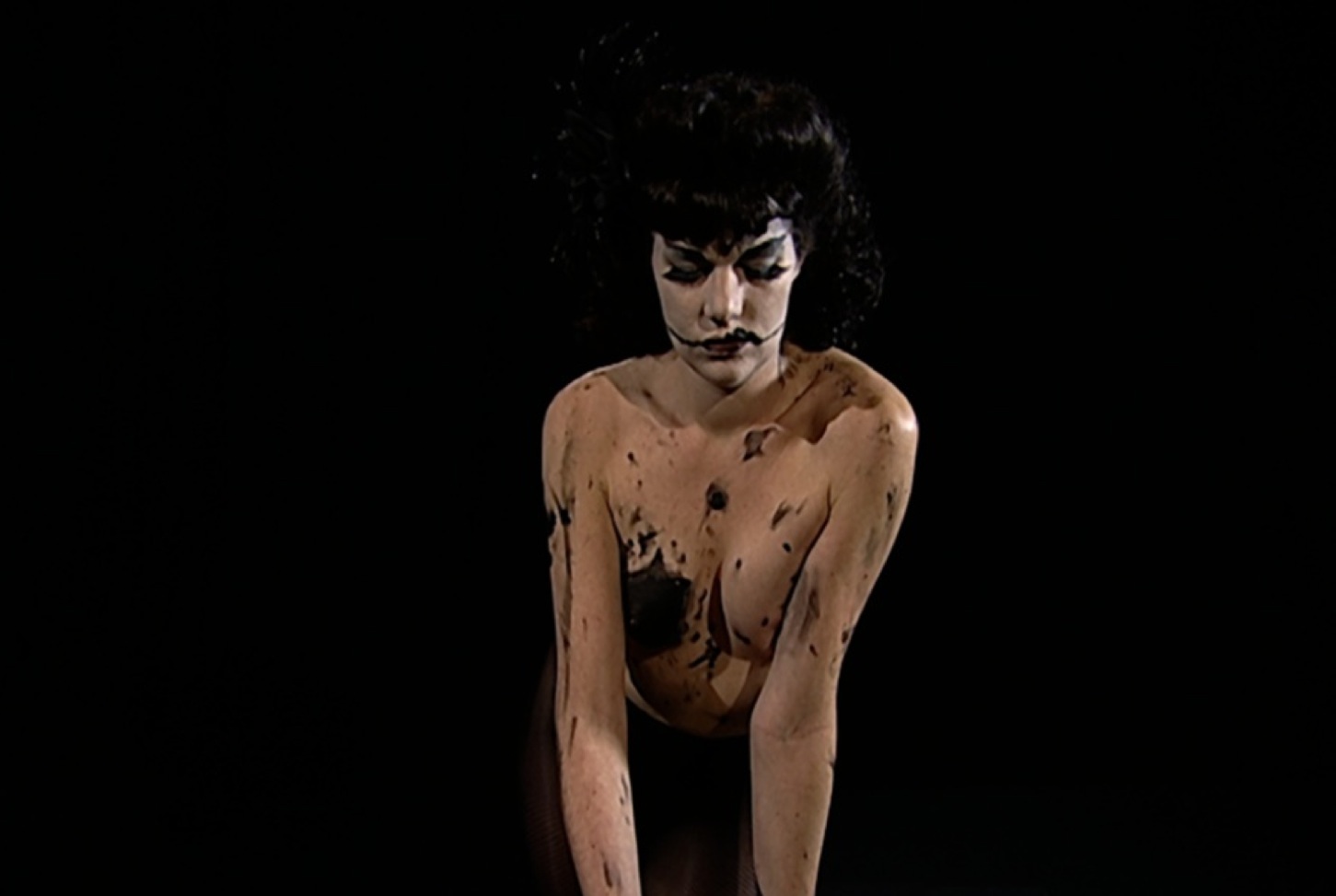
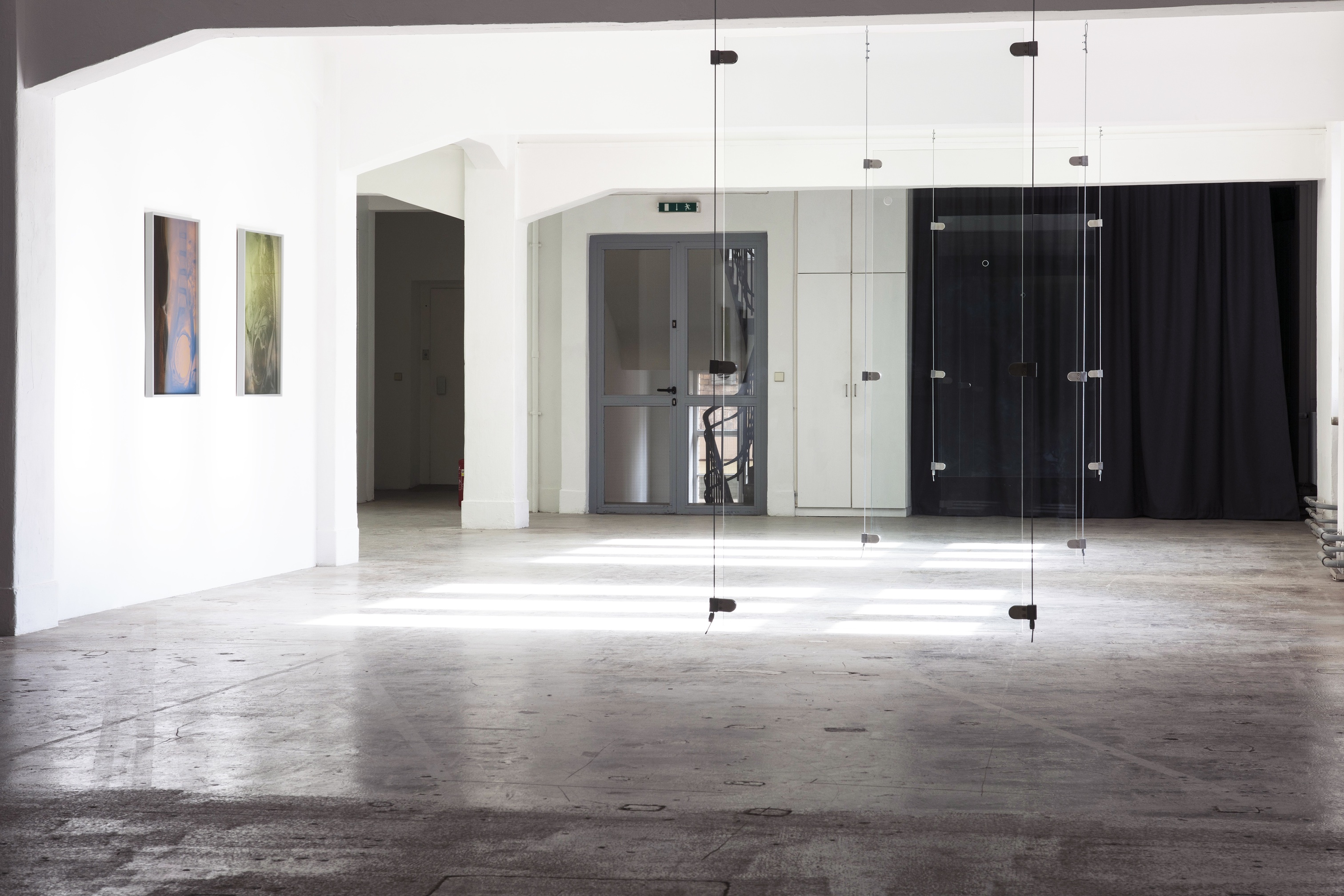
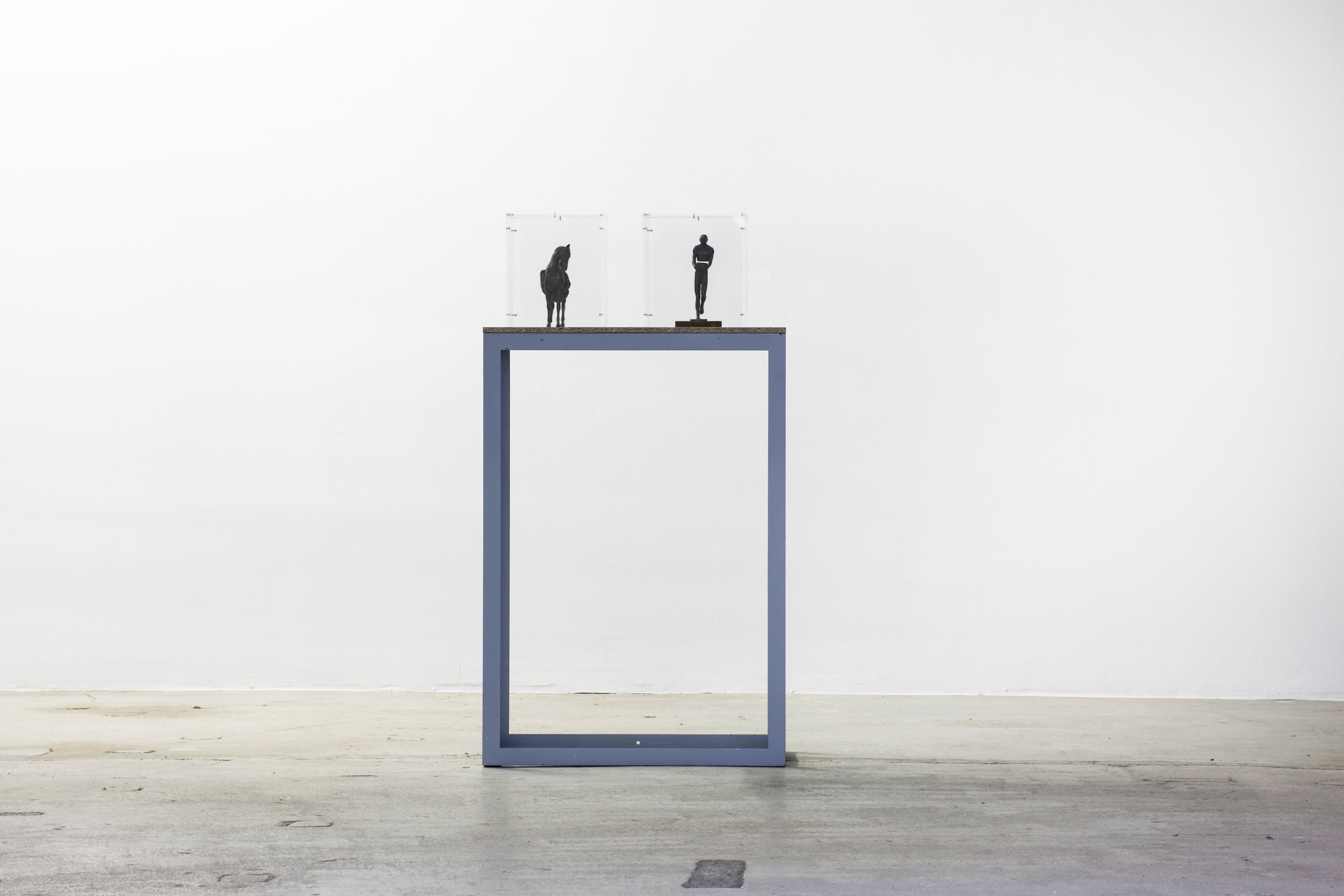
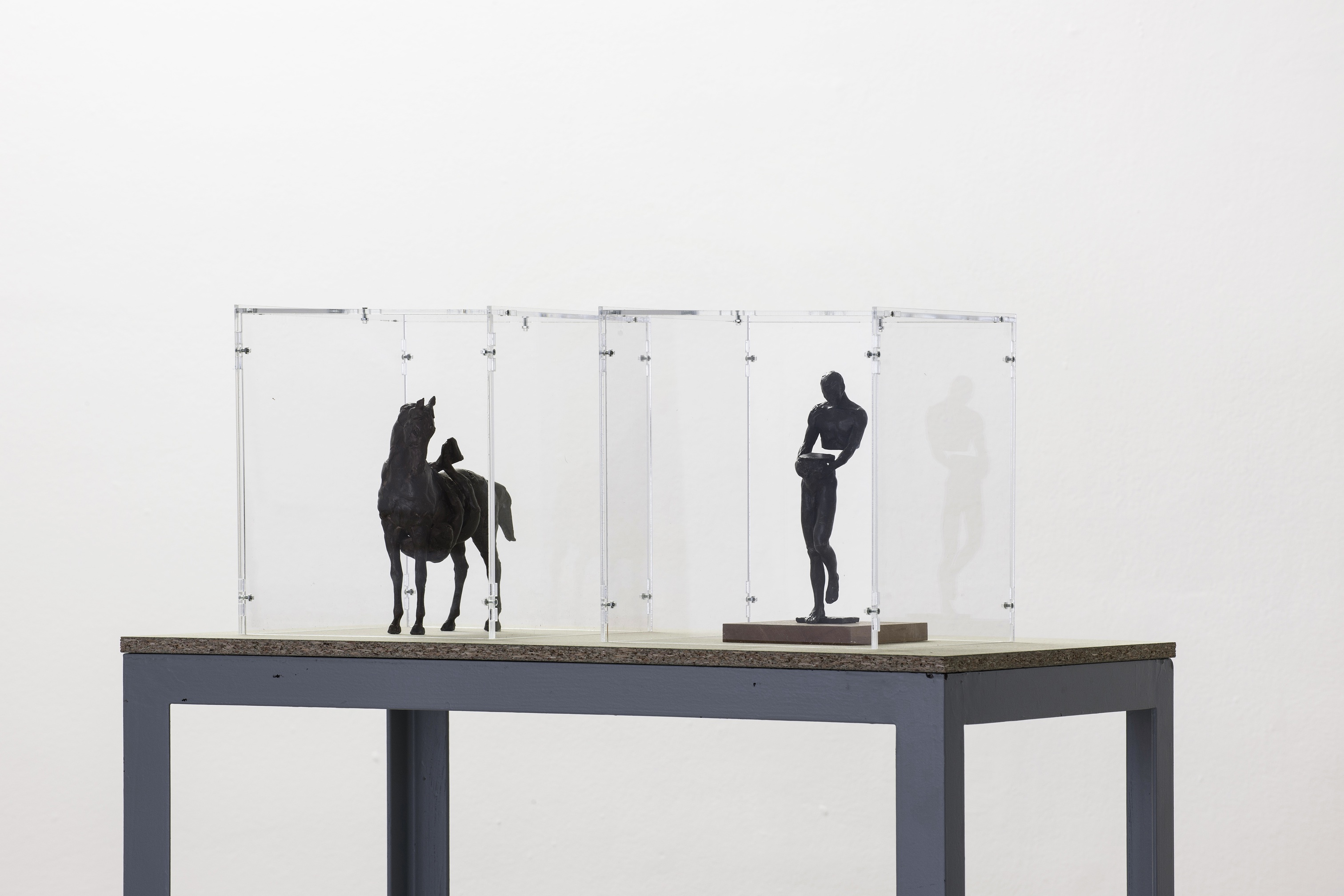
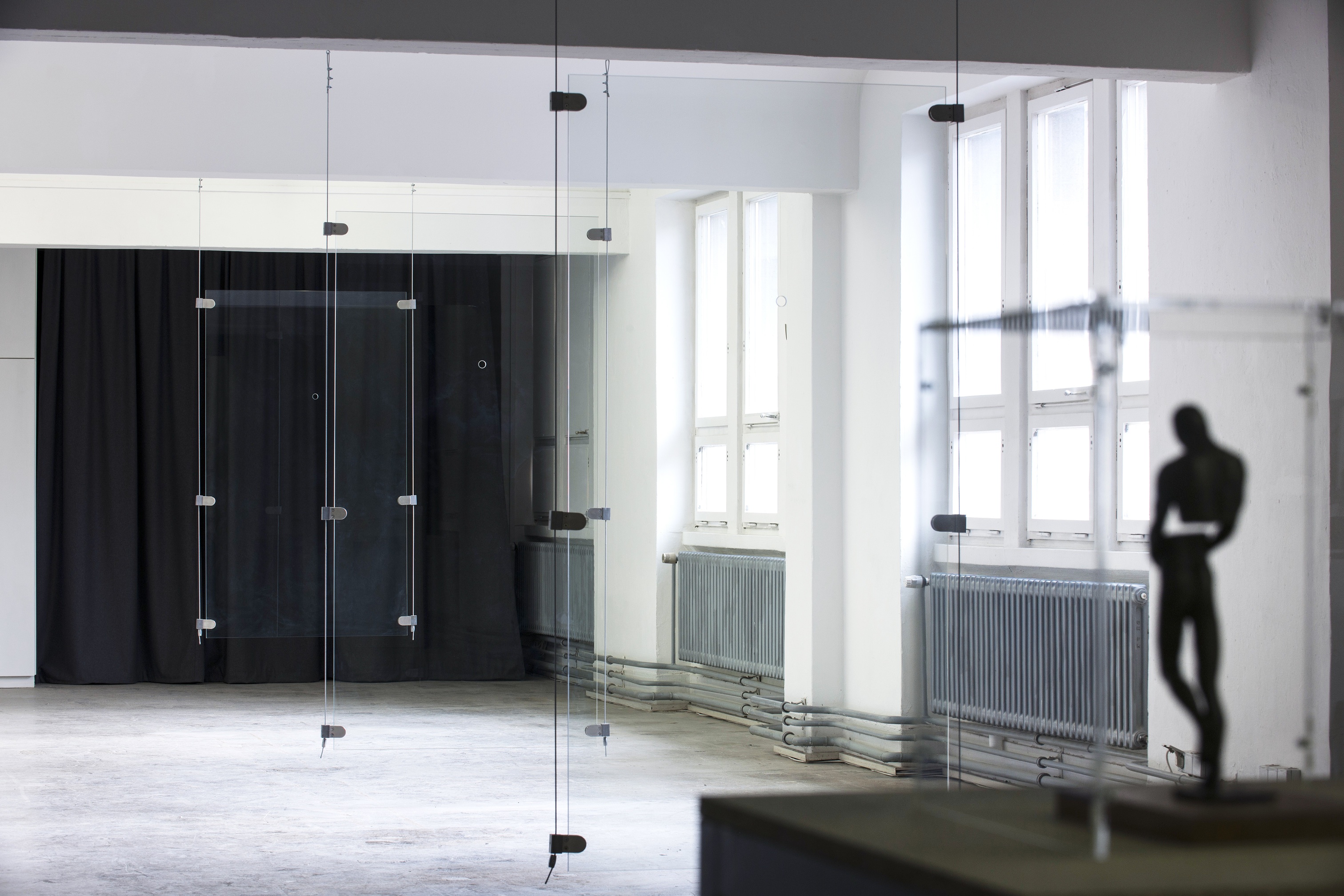
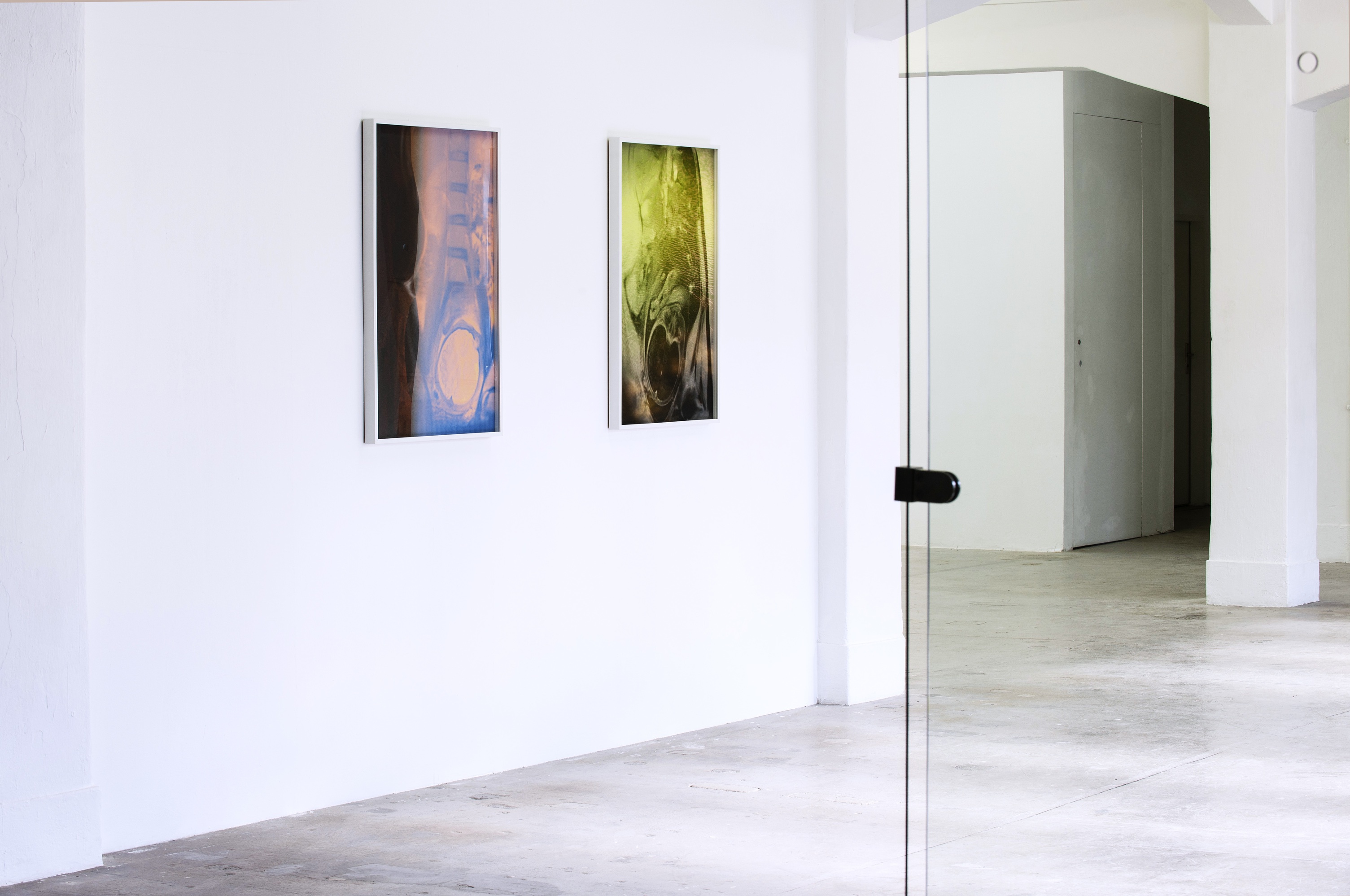
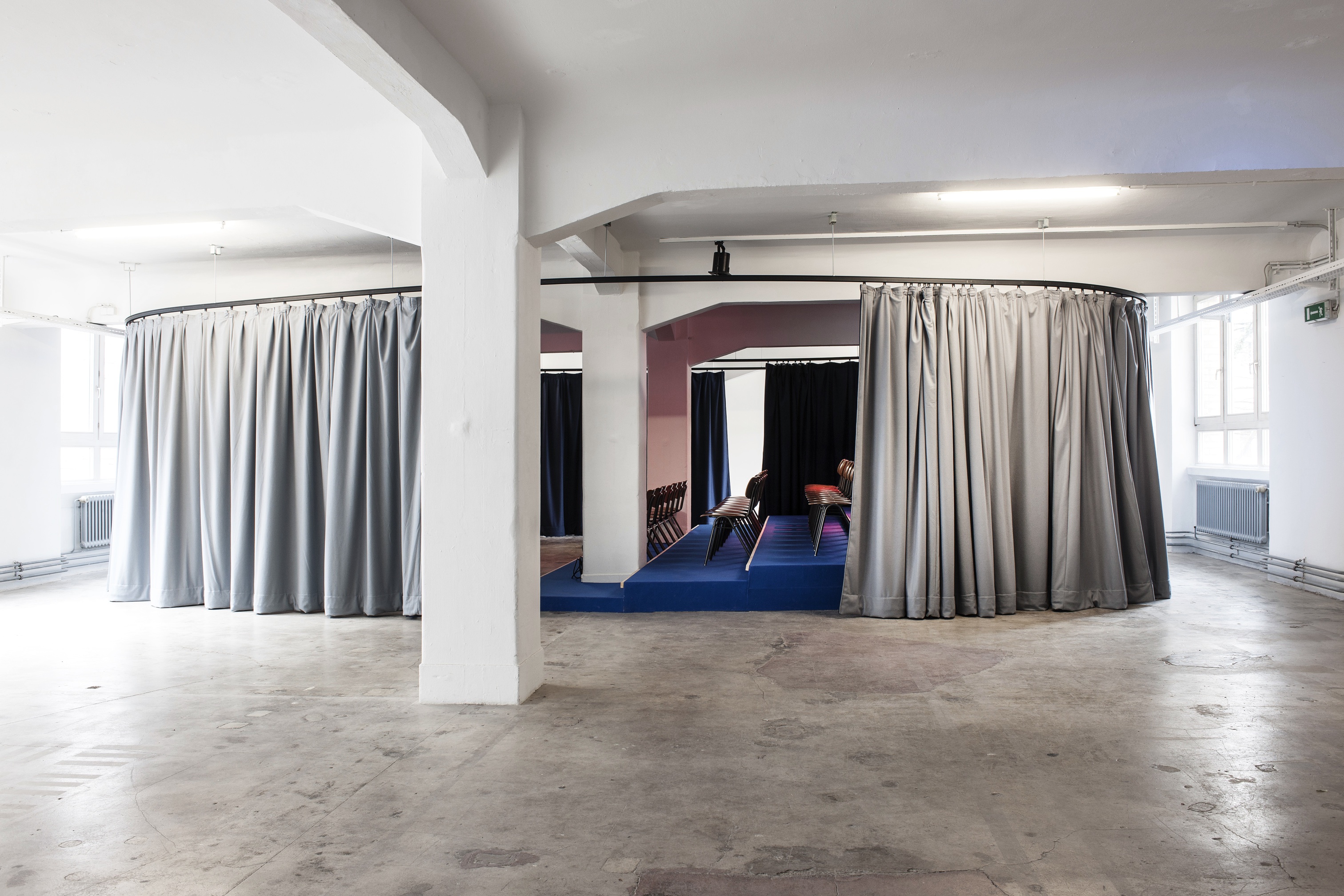


07:00pm–11:00pm
“Switching settings and codes, genres and genes, the performer pulls the woolly stocking through itself (inside out) to reverse dichotomies while maintaining the polarities of structuring continua. Wool or silk, rough or soft, cilia or lining – we’re not talking about socks. We’re talking about poetry for good or ill.”
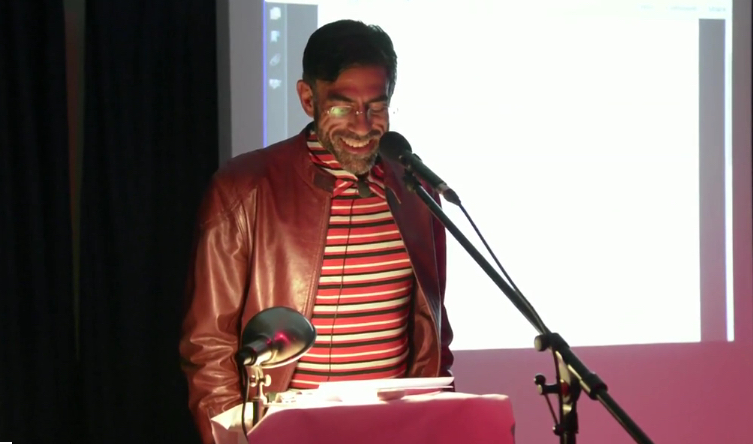
An auditorium and performance space developed by Simon Jones Studio. In dialogue with the artists and users of the space, the auditorium transformed as part of the curatorial programme of Artistic Director, Fatima Hellberg: a performance space for Gregg Bordowitz; a cinema for Rachel Reupke; an installation by Graham Lambkin and a setting and events space by Jean-Michel Wicker.
The Container and Contained auditorium marked the first step in a long-running dialogue and collaboration between Simon Jones Studio and Künstlerhaus, culminating in the development of a concept for a new ground floor and café in collaboration with Matheson Whiteley.
Photography: Frank Kleinbach
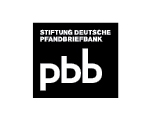
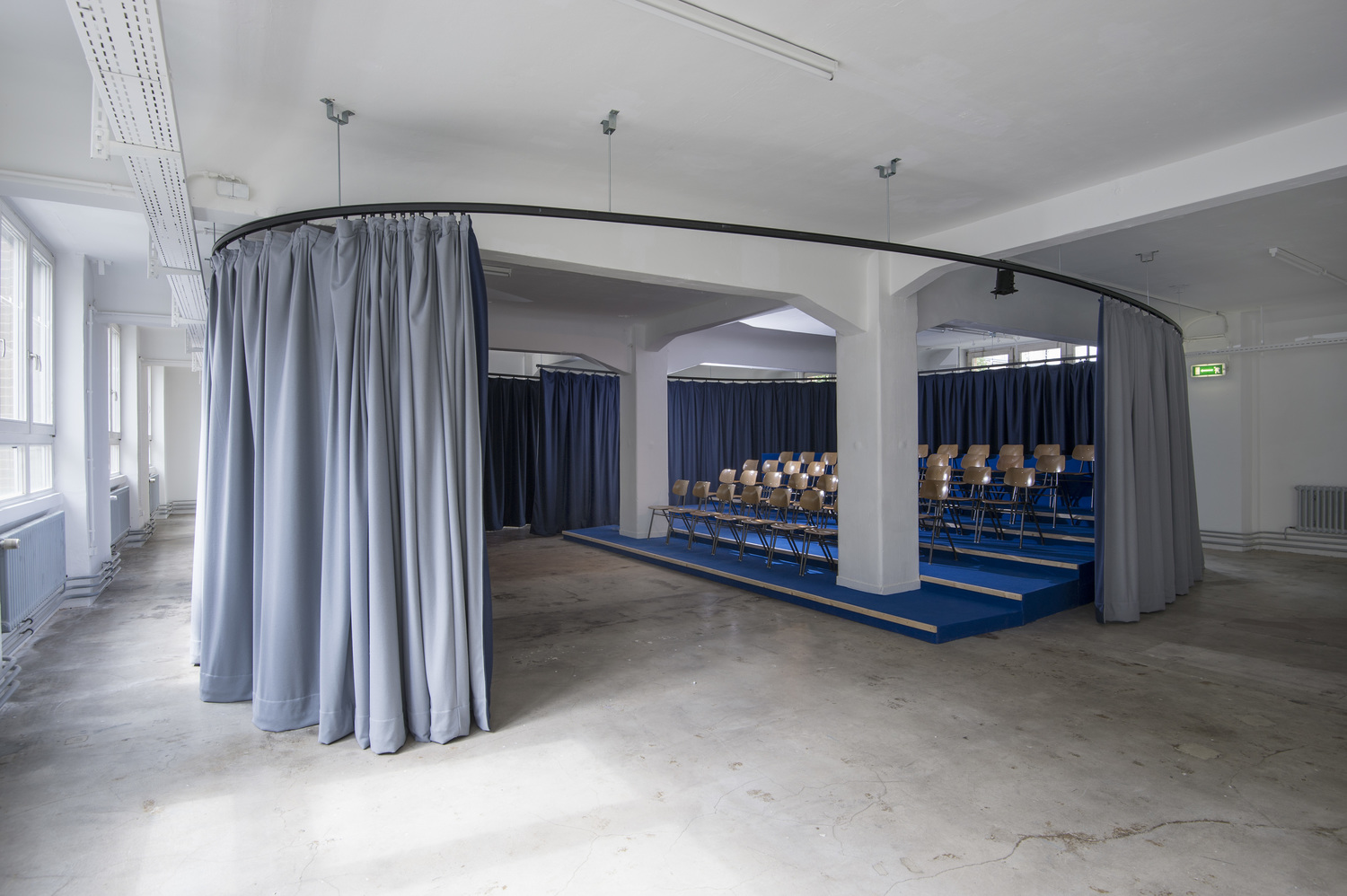
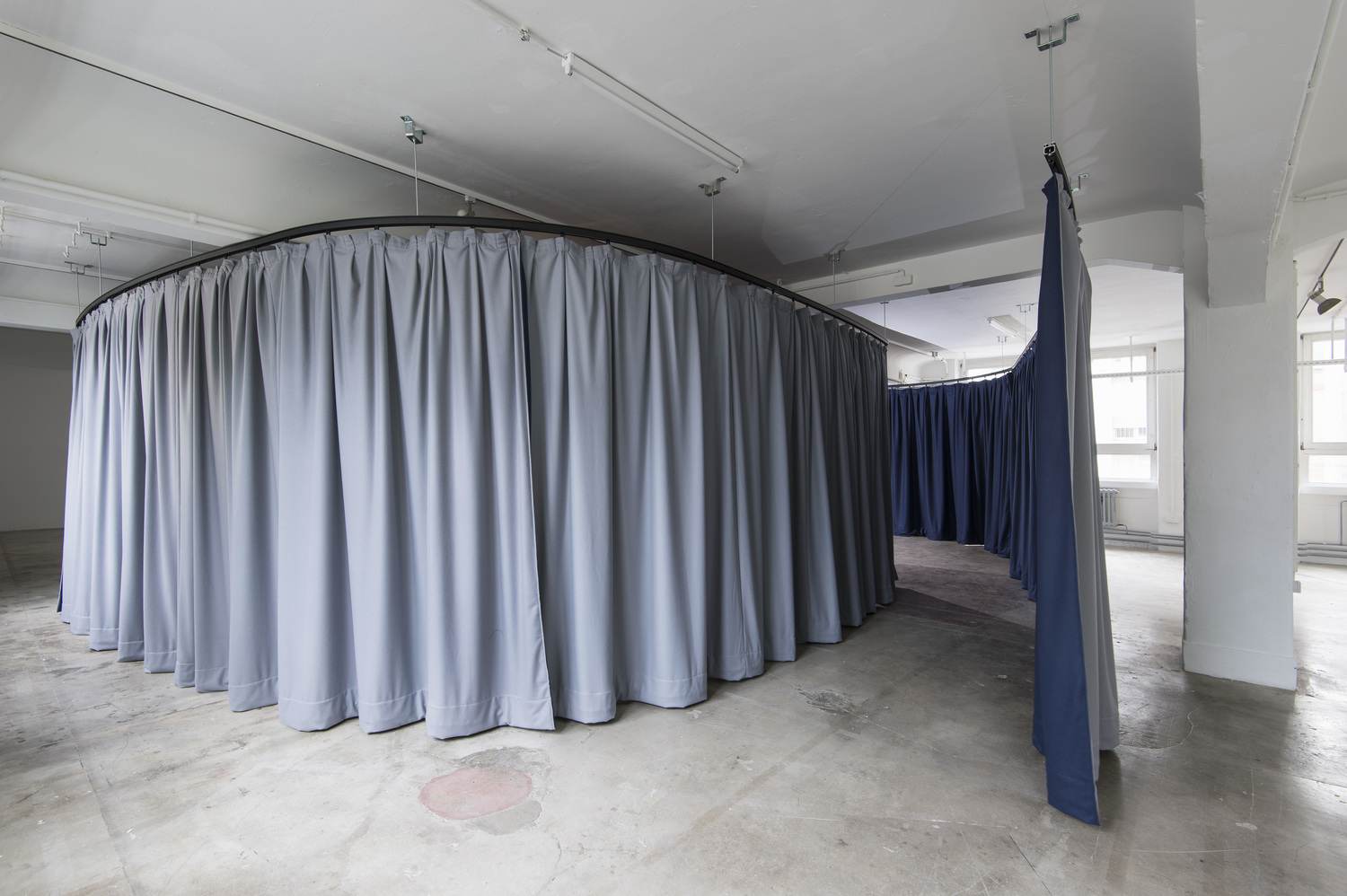

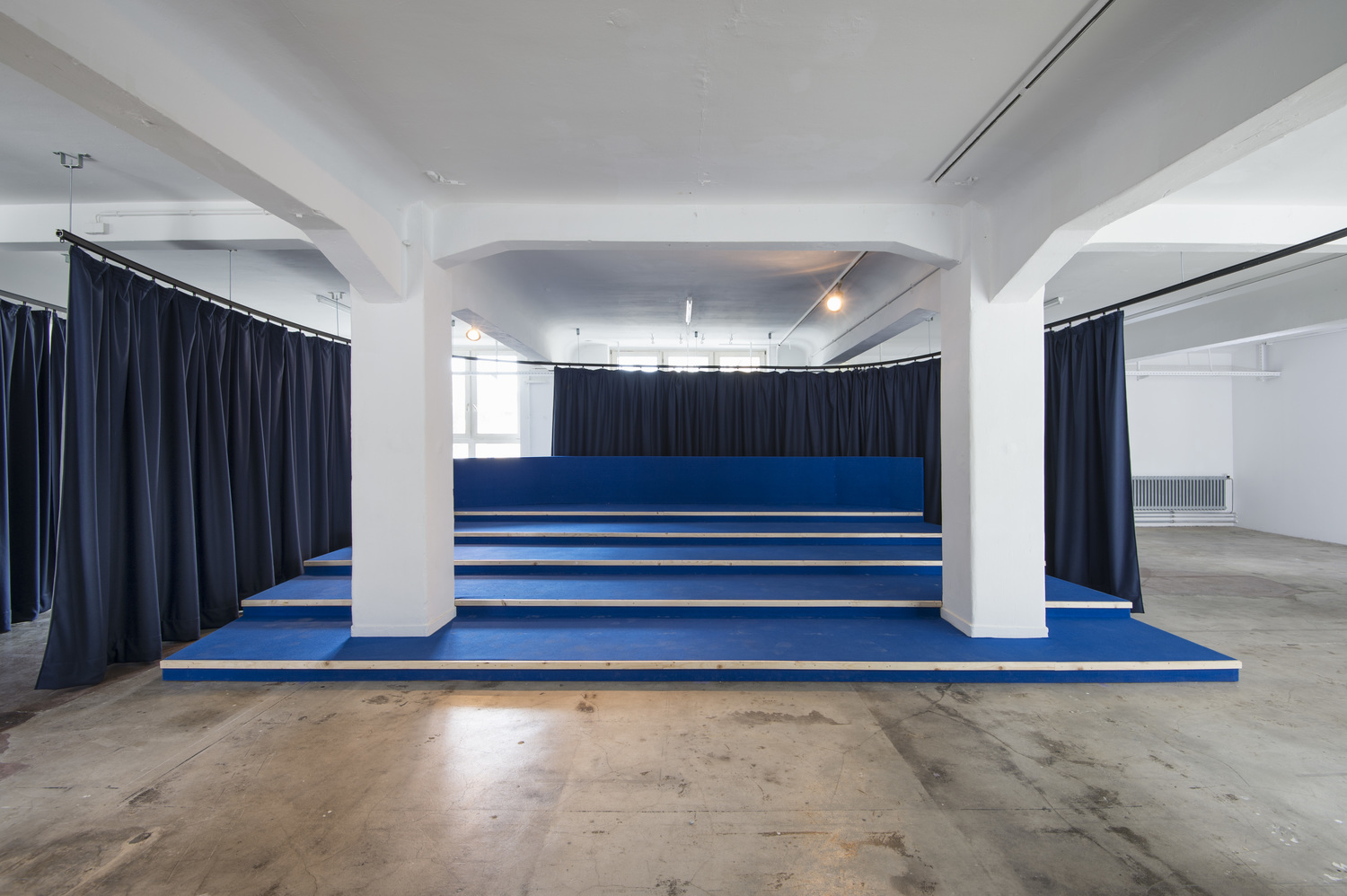
After four years of programming exhibitions and events at the Künstlerhaus Stuttgart as the artistic director, Adnan Yildiz ends his term with an event Good Bye My Love on Friday 12th December 2014, 9pm.
The event will follow the finissage of the current exhibition programme Future Scenarios with an Open End including a screening (films by Lindsay Foster und Allan Sekula) and a launch (new issue South magazine from Athens with Marina Fokidis) starting from 6pm on the same evening.
The event will take place at the second floor of Künstlerhaus Stuttgart, and aims to reflect the experiments that Yildiz and Viron Erol Vert have developed during the installation of the current solo project Vakanüvis transforming the space into an “Antique Discotheque” as how they refer as a space for reflections of love, intimacy and attachment.
As an open stage, the event will host some more contributions questioning the need for change, never ending processes of artistic production, and new beginnings in the context of an institutional setting including a performance from artist duo Nana Hülsewig and Fender Schrade as well as an installation from Valentin Leuschel who has shared an intense dialogue with Yildiz for his gender, community and identity related – open ended – research project.
Photo: Ali Kidd
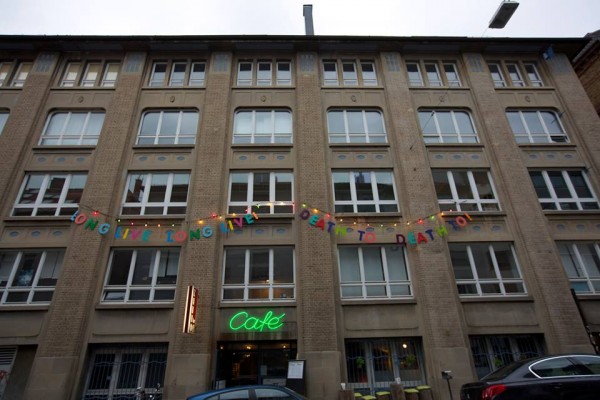
Panel discussion as part of the “Kairo-Tage”:
What impact do independent spaces for art and artistic interventions have on the development of a city?
Welcoming speech: Dr. Susanne Eisenmann, Bürgermeisterin für Kultur, Bildung und Sport der LHS Stuttgart
Elke aus dem Moore, ifa (Institut für Auslandsbeziehungen)
Introduction: Didem Yazici, Künstlerhaus Stuttgart
Moderation: Demian Bern
Speakers:
Sarah Rifky, project space Beirut, Kairo
Paula Kohlmann, project space LOTTE, Stuttgart
Laura Bernhardt, Calwer Passage, Stuttgart
Nora al-Badri und Jan Nicolai Nelles, Berlin (street art project World Wide Wheat, Kairo)
The panel discussion is a cooperation between ifa (Institut für Auslandsbeziehungen) and Künstlerhaus Stuttgart. It relates to the “Kairo-Tage,” an initiative of the city of Stuttgart and Yalla e. V., taking place in the framework of celebrating the town twinning between Stuttgart and Cairo.
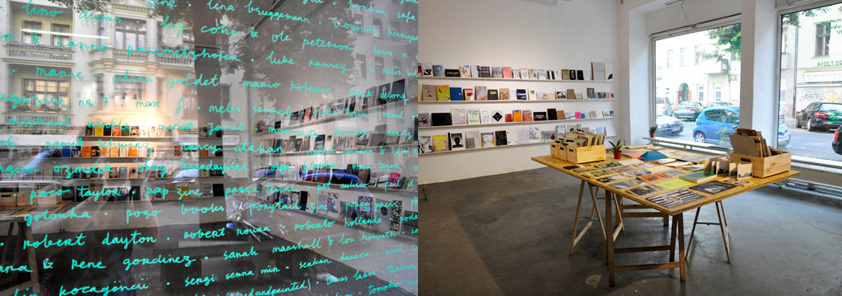
Even my mum can make a book is a travelling fanzine and artists’ book project that was initiated in 2010 in Istanbul by Gamze Özer, Kristina Kramer and Timothée Huguet. Since then the archive of emmcmakeabook has been expanding and shown in different locations. Until now more than 300 people from all over the world have contributed with their publications. During the exhibition period everybody can join our workshops and make their own publication. Submissions are always welcome.

Content development: Marwa Arsanios, Marina Fokidis and Alina Serban.
Exhibition: Kasper Akhøj and Tamar Guimarães, Marwa Arsanios, Ion Grigorescu, Samir Harb, Yorgos Sapountzis; mobile archive project Even my mom can make a book* initiated by Gamze Özer, Timotheè Huguet and Kristina Kramer; the research project Open End is based on the archives of Künstlerhaus & Academy Schloss Solitude.
Finissage: Lindsay Foster and Allan Sekula.
How does the political climate and the cultural context influence artistic practice and curatorial thinking?
How do we exchange ideas, communicate in artistic communities and explore new artist practices?
Which artistic strategies do we share with institutions and their general set-up? What are the institution’s principal responsibilities regarding the fostering of artistic research and production and the preservation of artistic work?
What remains after intensive collaboration, exhibitions and research in the archives?
What is the purpose of hoping for a better future?
These questions resulted from a year-long dialogue on exhibition practices between two institutions in Stuttgart, Künstlerhaus Stuttgart and Academy Schloss Solitude. The outcome is exhibited in two parallel exhibitions and a public accompanying program.
The project Future Scenarios with an Open End was initiated by Jean-Baptiste Joly, director of Academy Schloss Solitude, and Misal Adnan Yildiz, artistic director of Künstlerhaus Stuttgart. They had decided to undertake research with an open end as well as an experimental exhibition by using both of their institutions’ resources. The contents were developed in collaboration with the curators and cooperation fellows Marwa Arsanios (Beirut/Libanon), Marina Fokidis (Athens/Greece) and Alina Serban (Bucharest/Romania), who had lived and worked at Academy Schloss Solitude for two months in 2014. Since last spring, there were regular discussions and informal meetings that served to exchange ideas, observations and references in order to develop the conceptual foundation of the exhibition.
The exhibition program comprises of artistic projects, archive studies, interventions and public talks. It investigates the essential instruments of political thinking, of institutional contexts and artistic motivation and acts as connecting element between history, present and future of the two institutions.
By exhibiting selected works by Kasper Akhøj, Tamar Guimarães, Marwa Arsanios and Ion Grigorescu, the exhibition develops a complex filmic language, that explores the perception of geopolitical realities, historical transformations and the general artists’ quest for universal truth. Samir Harb presents works from his latest graphic novel and Yorgos Sapountzis exhibits a so far unpublished work that deals with a historical moment of our global agenda. Moreover, there is an installation of art books that were collected by young artists from Istanbul and Berlin: The mobile archive project Even my mum can make a book, initiated by Gamze Özer, Timothée Huguet and Kristina Kramer, was spread in the networks of artists and will be extended by launching an open call. The discussion between Künstlerhaus Stuttgart and Academy Schloss Solitude eventually results in a presentation of the undertaken research and the house archives of the two institutions with an eye toward the artists, projects and works that have never met, never intersected – although it would have been meaningful.
By mapping shared memories between Stuttgart, Athens, Bucharest and Beirut and referring to many stories from Brazil to Palestine, the exhibition points at paths for all those who are looking for future. By searching for solidarity, collective identity and artistic visions the project aims at initiating discussions about the gray area between individual responsibility of the artist and his nearly impossible intellectual positioning in times of crisis.
The physical distance, the history of collaboration and the diversity of conceptual interests between the two institutions form the starting point of the project: the institutions’ archives, exhibitions spaces, budgets and bus stops (the most convenient form of public transport between Künstlerhaus and Academy Schloss Solitude) connect their memories.
For the first time in almost three decades, Künstlerhaus and Academy Schloss Solitude collaborate on a project that is supposed to put forward an ongoing discussion on how we work, what we share and what remains in the end.
* Even my mom can make a book is a mobile archive for zines, artist books and independent publications that was founded in Istanbul in 2010 by Gamze Özer, Kristina Kramer and Timothée Huguet. Since then, the archive has grown and was exhibited in different places. More than 300 participants from all over the world have contributed publications to the archive. During the exhibition, everyone is invited to take part in our workshops and create own books or zines – as emmcmakeabook is an ever-growing archive, new contributions are alsways welcome.
Dieses Projekt wird unterstützt von
Dieses Projekt wird unterstützt von
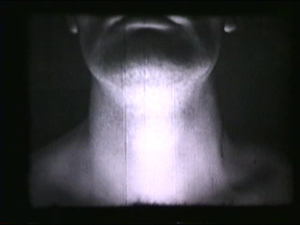

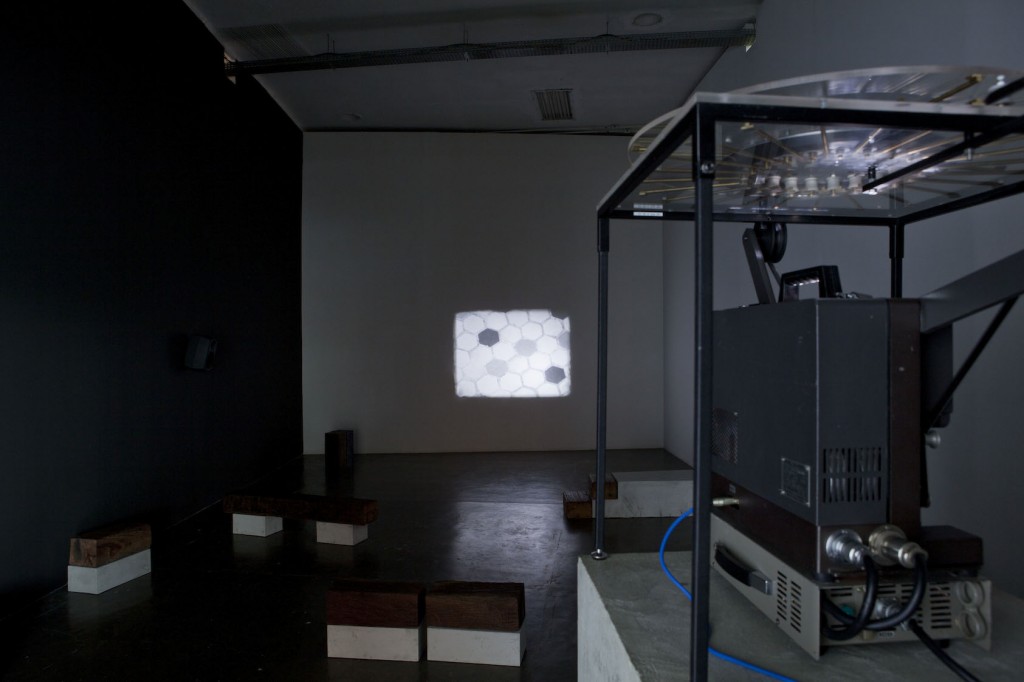
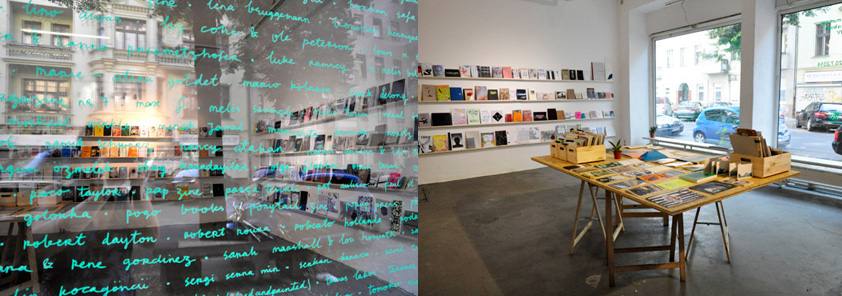
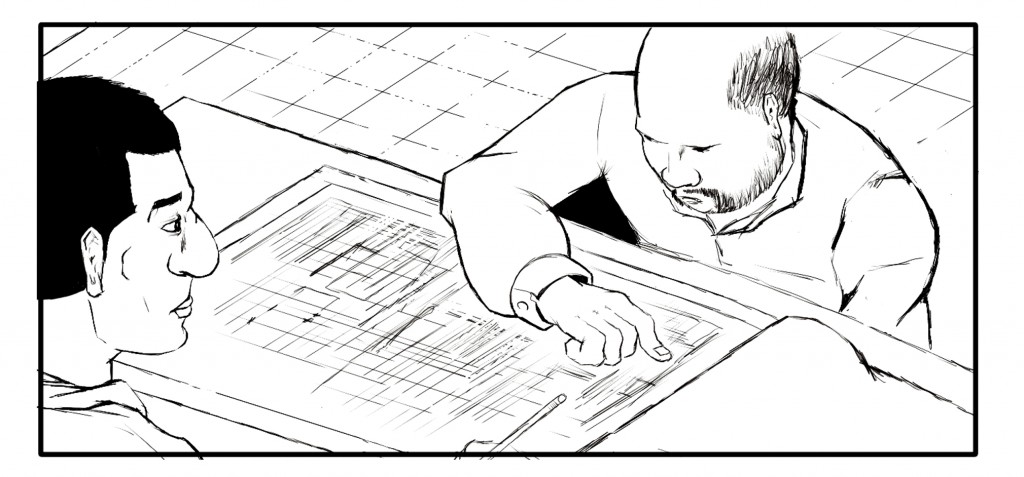
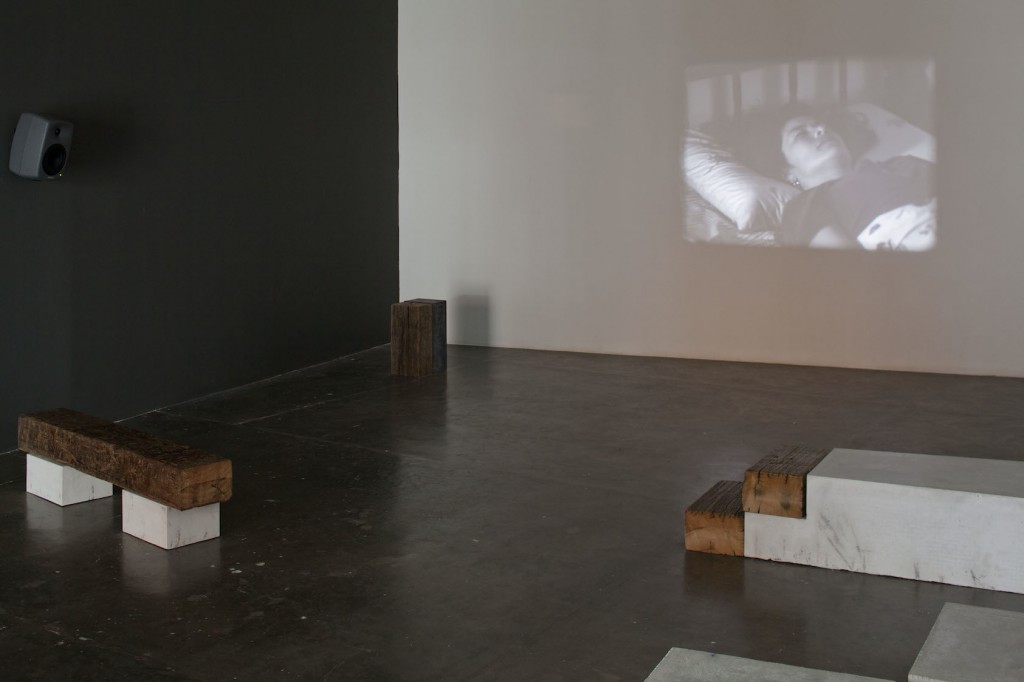
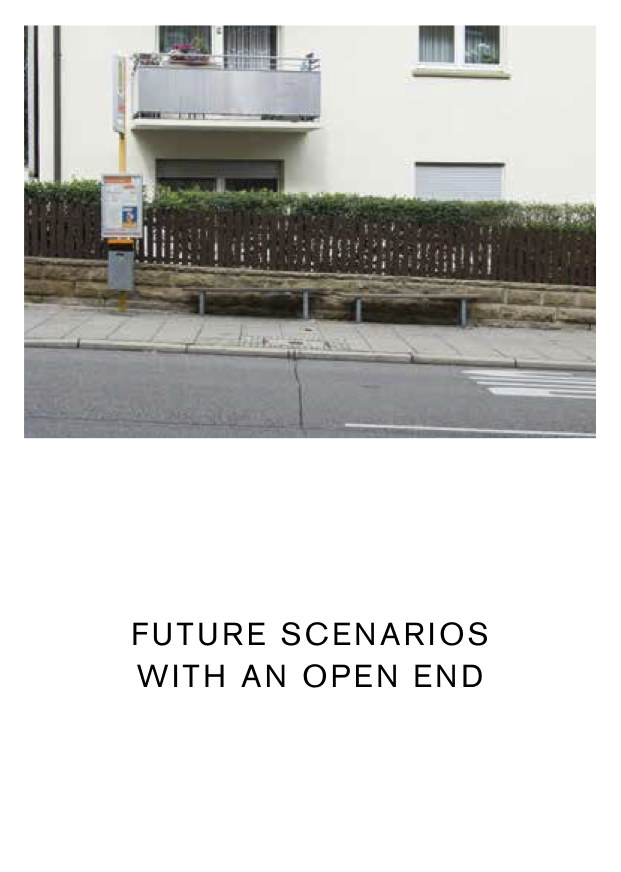
Künstlerhaus Stuttgart presents the first institutional solo exhibition from Berlin based artist Viron Erol Vert, with new productions supported by Stiftung Kunstfonds Bonn, during its autumn programme. Through its title, the exhibition refers to the Ottoman court chronicles (vakanüvis), which are the official accounts of the imperial history, recorded by the sultan’s court chronicler. Relating this metaphor with the methodological aspects of Vert’s practice and his narrative focus on Mediterranean history, the exhibition creates a link to the relationship between history writing and artistic production. Vert’s artistic interest in systems of belief, cultural identity, and linguistic experience plays an essential role in shaping his research process.
“Viron Erol Vert virtually works as a kind of alchemist. He collects curative imagery, fascinating stories, and characters that inspired him and then proceeds to compile them freely in the light of his own imagination. Some visual codes are employed on strategical designs, repeated as a template to create a new mise en scene. He sincerely believes in his own tales, just like every good storyteller should. In fact, he keeps a record of his own epoch, just like a vakanüvis (court historian or chronicler).”[1]
The installation at the second floor of Künstlerhaus Stuttgart brings together three main works produced in different media and based on various levels of abstraction – filtered through the visual, aural and material research that the artist has developed through his recent collaborations with artisans and artists based in Istanbul and Berlin, examining their creative labour. Working together with the musician and sound artist, Hermione Frank and DJ/video editor, Hanno Hinkelbein, Viron Erol Vert has generated a meditative video piece rendered from animated forms of cultural codes, and historical symbols that he recorded himself. Like an atomic ceremony, abstracted forms are flying on the black surface reminding of an orbital plane, and the audience hears the artist spelling out the alphabets of his epistemological cosmology.
Following this, as site-specific elements, curtains hung from above are circled around the form of sculpture – made of mirrors and metal – inviting the visitors into the installation. At the end, a photographic image breaks the abstracted narrative structure of the exhibition; taken in a traditional photographic studio in Galata, Istanbul, Vert connects this with Levant memories, teasing us, as the chronicler of our time.
[1] Misal Adnan Yildiz, Who is Viron Erol Vert?, 7 Perde / 7 Curtains, exhibition catalogue, Galerist, Istanbul 2012
As part of Art Alarm the exhibition is open during daytime.
Supported by Stiftung Kunstfonds Bonn

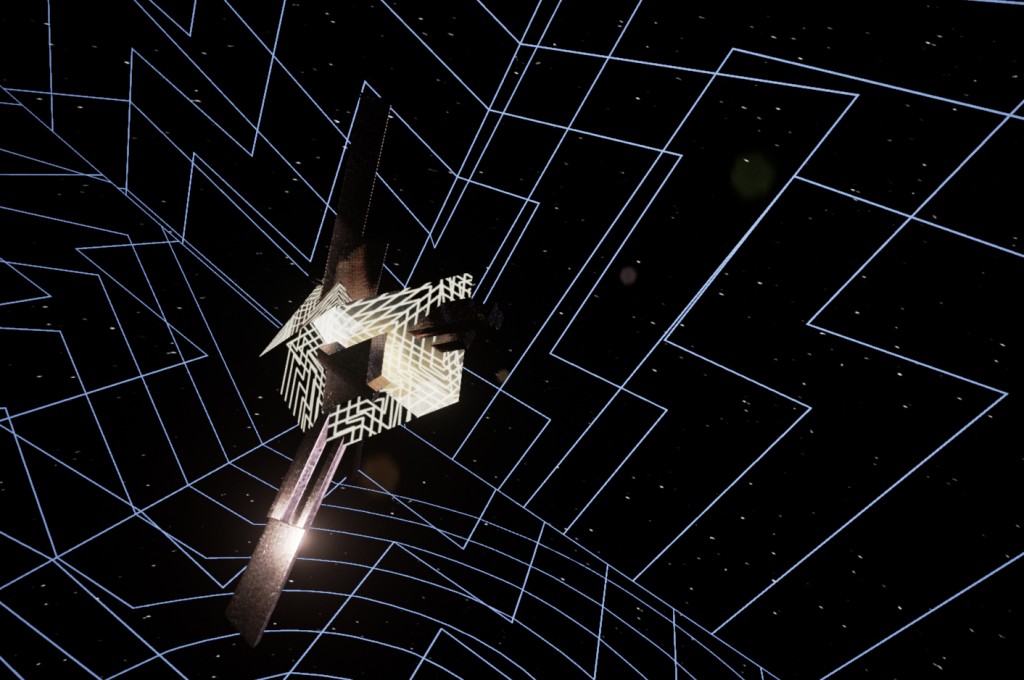



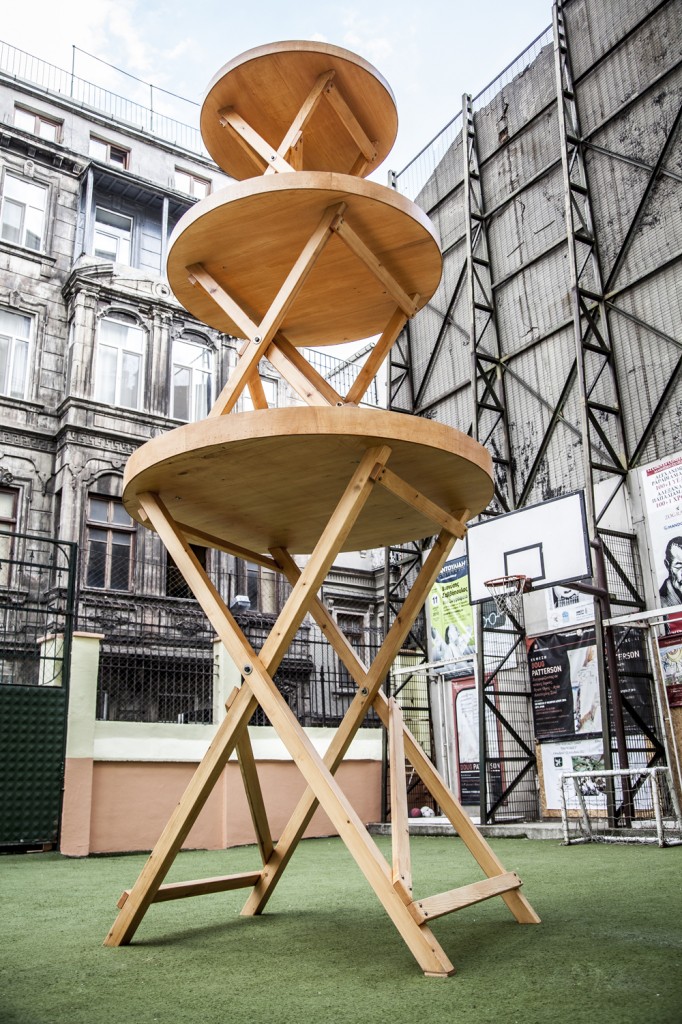
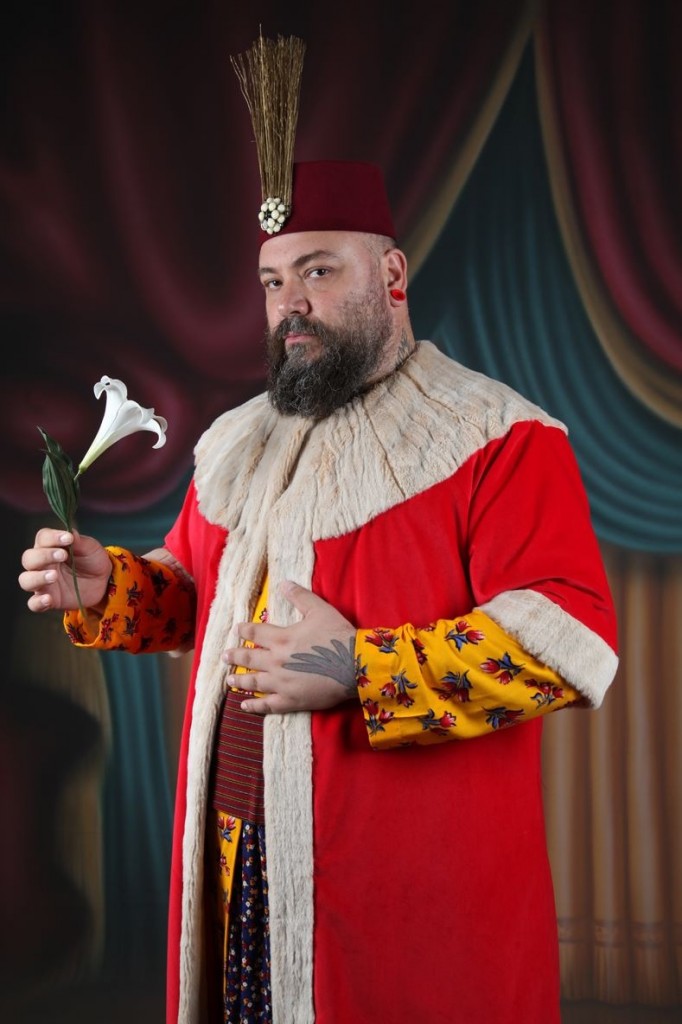
A project about the relationships between body, shelter and networks, a collaboration of Künstlerhaus Stuttgart’s workshops.
For body shelter net, the workshops of Künstlerhaus all dealt with the same topic. 35 artists take part in this project and exhibit works that were created at Künstlerhaus. The works represent the complete range of artistic techniques that are offered ar Künstlerhaus – lithography, screen printing, etching, sculpture, ceramics, photography and mixed media.
The focus of the project lies on the artistic practice that is taking place at Künstlerhaus and on the artists who have come together to collaboratively develop an exhibition. Thus, collaborative work forms the starting point of artistic explorations of the relationships between body, protection and networks – body, shelter, net. The exhibition ties in with the collaborative project Zinnober that was exhibited at Künstlerhaus Stuttgart in 2012. After its premiere and a few content-related additions, the exhibition toured around museums in the Stuttgart area. The idea for body, shelter, net derives from the mission of Künstlerhaus Stuttgart: Supporting artists from Stuttgart and the surrounding area by offering studio spaces and interdisciplinary workshops.
The workshops for photography, film, screen printing, etching, lithography, relief printing, ceramics and media production (audio and video) are located inside one building that also houses studios, offices and exhibition spaces. At Künstlerhaus Stuttgart in Reuchlinstrasse 4b the art of many Stuttgart-based artists is being developed. Whether they work alone or in groups, there is always an opportunity to get in touch or collaborate with international artists who visit Künstlerhaus. The workshops regularly offer introduction courses and seminars on various topics. The workshops not only offer space for artistic experiments and production but also for discussions and exchange.
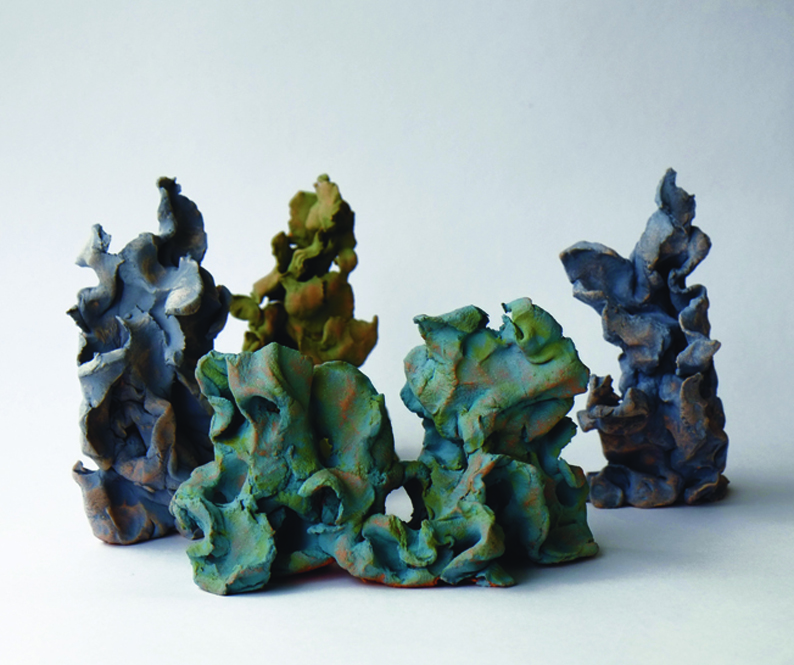
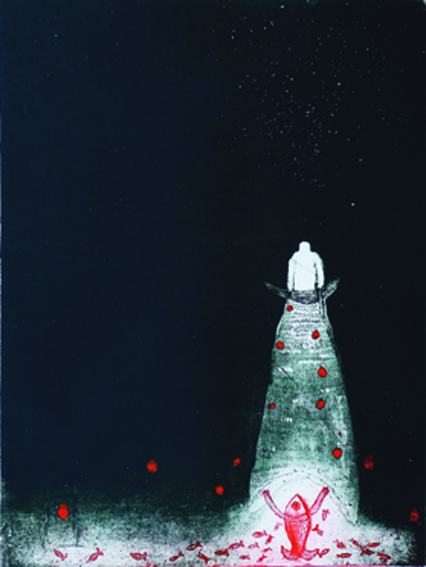
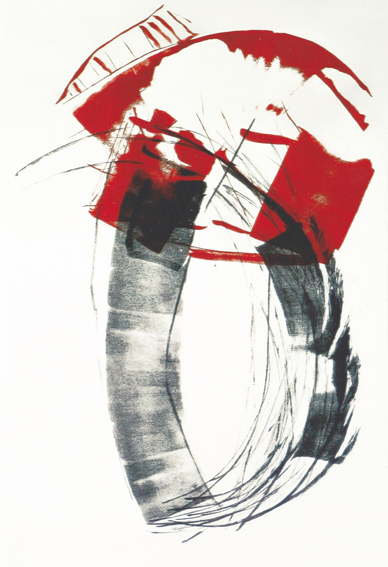

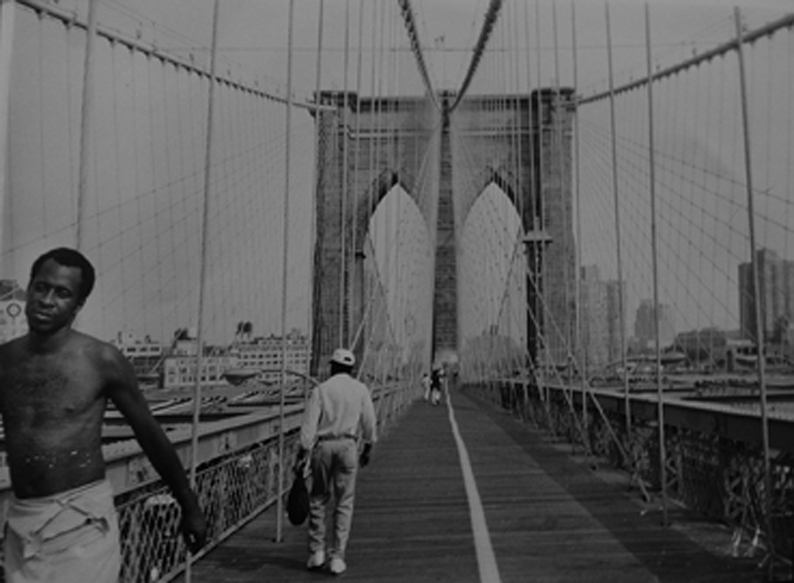
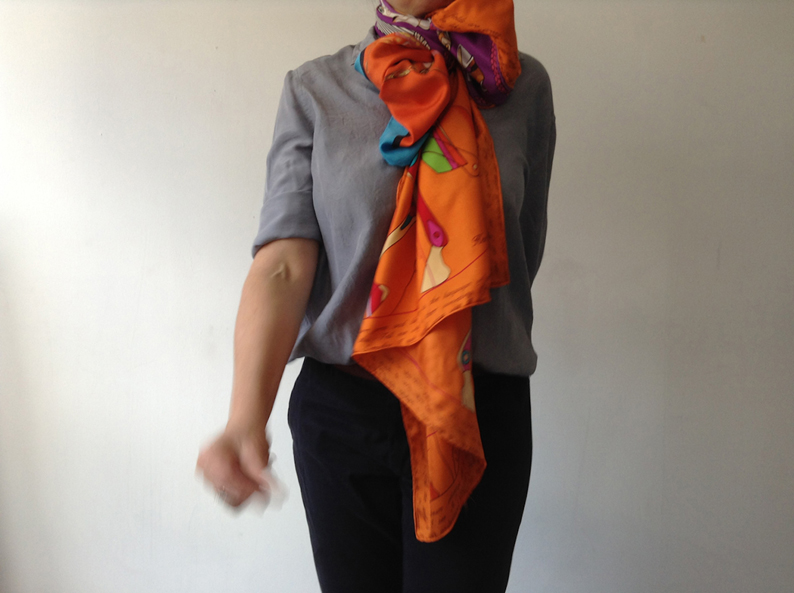
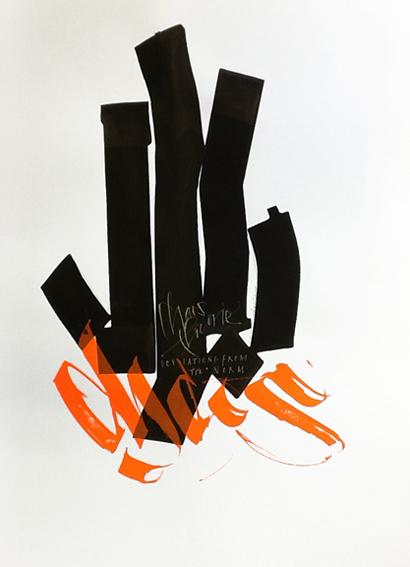
Künstlerhaus Stuttgart proudly presents the first solo presentation of Berlin based artist, filmmaker and writer Hito Steyerl entitled HNTBS in Stuttgart in its summer programme with a lecture during the opening of the exhibition.
Departing from her recent video work, HOW NOT TO BE SEEN A Fucking Didactic Educational .MOV File (2013), the artist intends to transform the exhibition space into an active form of a learning environment, recreating some visual elements from the narrative structure of the work. The work operates as a mockery of a verbal guide with performative acts, and deals with digital spaces, politics of representation and the presence of the individual in the context of image circulation, control mechanisms, and the tradition of cinema. Responding to abstract, conceptual, graphic, and sculptural layers in the work, and considering her research based performative practice, the exhibition programme will also include another video work Strike (2010), which is based on a gesture of smashing a LCD screen for abstracting a frozen moment of reality and a lecture (“35 ways to break through a wall”) held in English during the opening after an introduction by Misal Adnan Yildiz.
Steyerl is one of the leading voices of contemporary art today and has such a unique position through her filmic language and writing practice which juxtapose at diverse levels of controversial arguments, critical thinking plus feminist and anti-militarist statements.
Supported by the International Production Fund (IPF) – 2013 Partners: Outset England, Dermegon Daskalopoulos Foundation for Culture and Development, Outset USA, Outset Netherlands with Promoters Van Abbemuseum, Maurice Marciano Family Foundation. Hito Steyerl How Not To Be Seen. A Fucking Didactic Educational .MOV File 2013, HD video file, single screen, 14min. Director of Photography Berlin: Christoph Manz. Director of Photography Los Angeles: Kevan Jenson. 2nd unit: Leon Kahane AD: Esme Buden, Alwin Franke. Postproduction: Christoph Manz, Alwin Franke. Make-Up and Costume Design: Lea Søvsø. Choreography and Performance: Arthur Stäldi. Producer: Kevan Jenson Dolly Grip Los Angeles: Tony Rudenko, Peter Jenson. Educational Dummy: Hito Steyerl. Commissioned by Massimiliano Gioni, Venice Biennale. Thank you to: Brian Kuan Wood, Meggie Schneider, Laura Poitras, Diana McCarty, Christopher Kulendran Thomas, Anton Vidokle. HNTBS (Künstlerhaus Stuttgart, May-July 2014) Production and Installation team: Robert Steng, Cosima Grosser and Markus Heller Graphic design and layout production: Fabian Schewe Thanks to Prolab, Eidotech, Claudia Gienger and Michael Müller
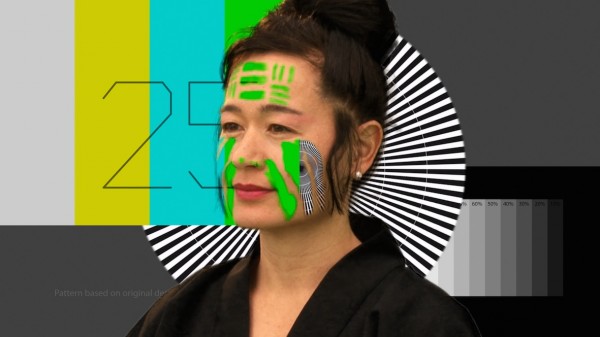
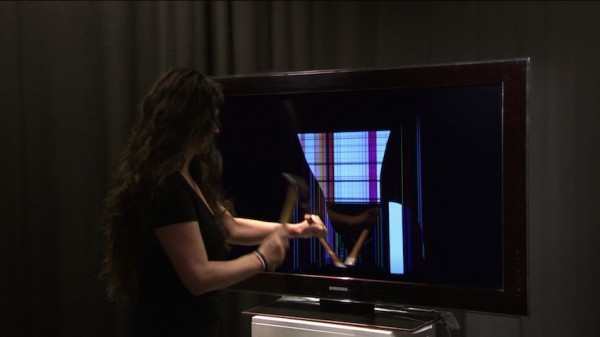
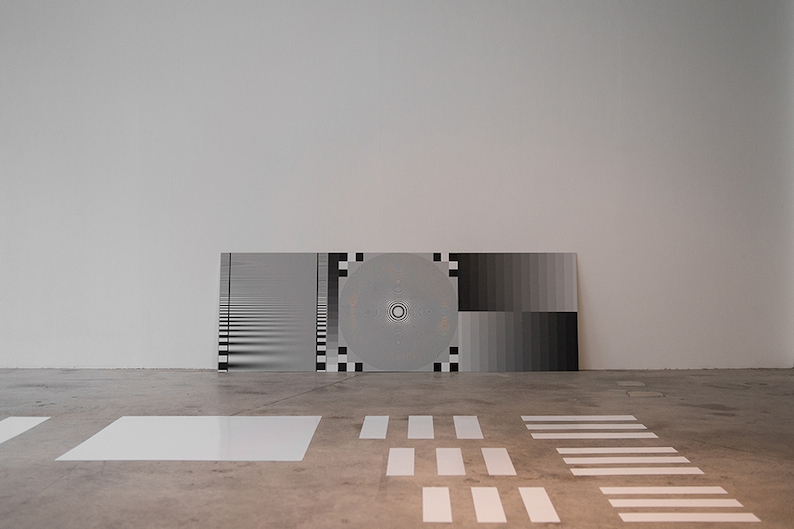
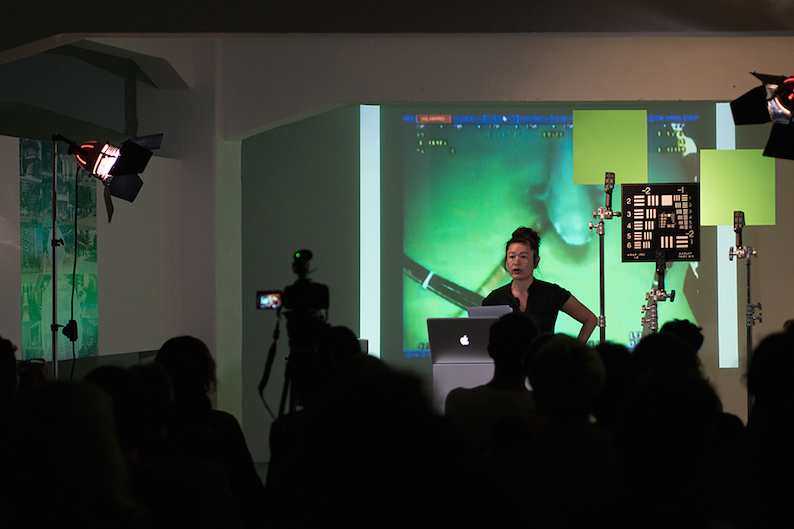

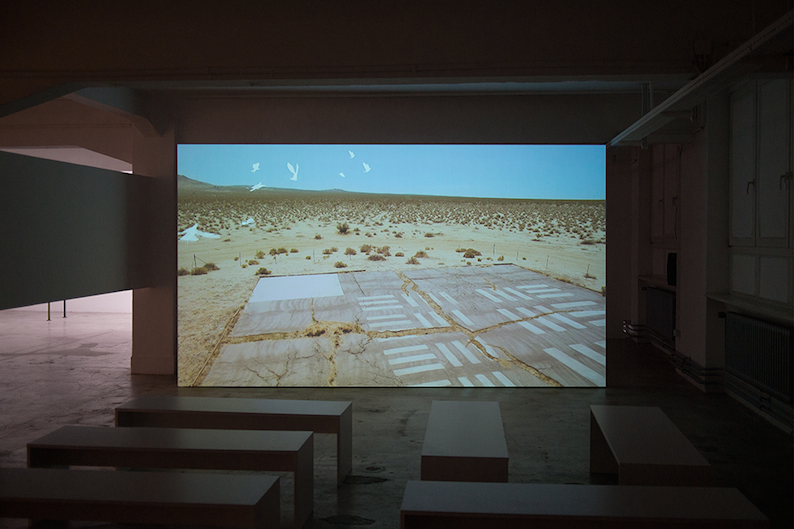
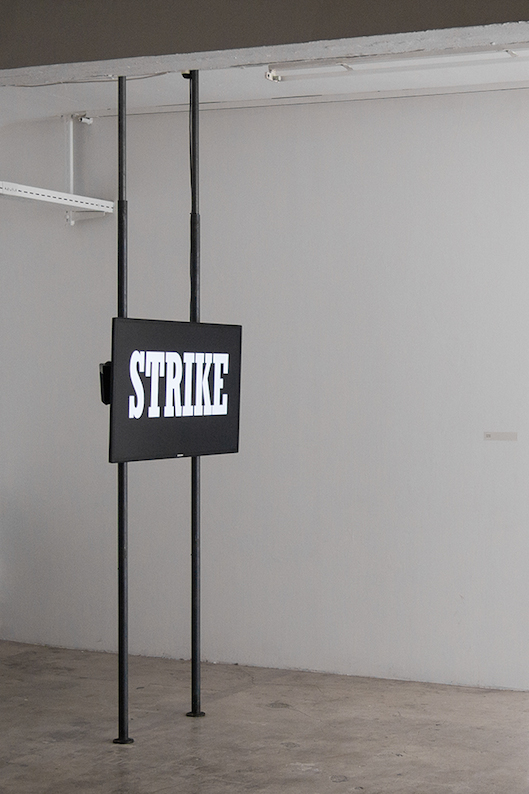

Künstlerhaus Stuttgart presents the first comprehensive solo exhibition in Germany of Istanbul-based sculptor Erdağ Aksel. The exhibition Life of Objects focuses on the main conceptual tendencies in Aksel’s practice in addition to new video work, produced specifically for this context. Operating as a methodical survey, the exhibition is a monographic study, aiming also to develop a parallel process for the image and text production of a new publication to be launched at the end of 2014, which will ultimately bring his oeuvre together.
Since the late seventies, Aksel has been working with diverse media and with certain questions relating to the traditions of painting, land-art, sculpture, and installation. He has also played a key role as a mentor for many emerging artists and curators in the Turkish art scene as well as a critical figure during the transition of how conceptual thinking is involved with fundamental questions around materiality, politics of symbolism, history of modernity, nationalism, militarism, and bureaucracy.
This exhibition, entitled Life of Objects, intends to emphasize the physicality of our relationships with objects and the notion of materiality regarding the social symbols and psychological associations attributed to them at different levels of perception and cognition. The selection of works follows a curatorial decision making process, which intends to release the main conceptual element in his approach; the artist mostly produces work in series with titles as chapters. The exhibition does not only reflect the transition of certain questions around Turkish modernity, politics of symbols, and the transformation of national identity but also contributes to the understanding of categorization, collection, preservation, and perception of objects in a certain cultural, social, and political context.
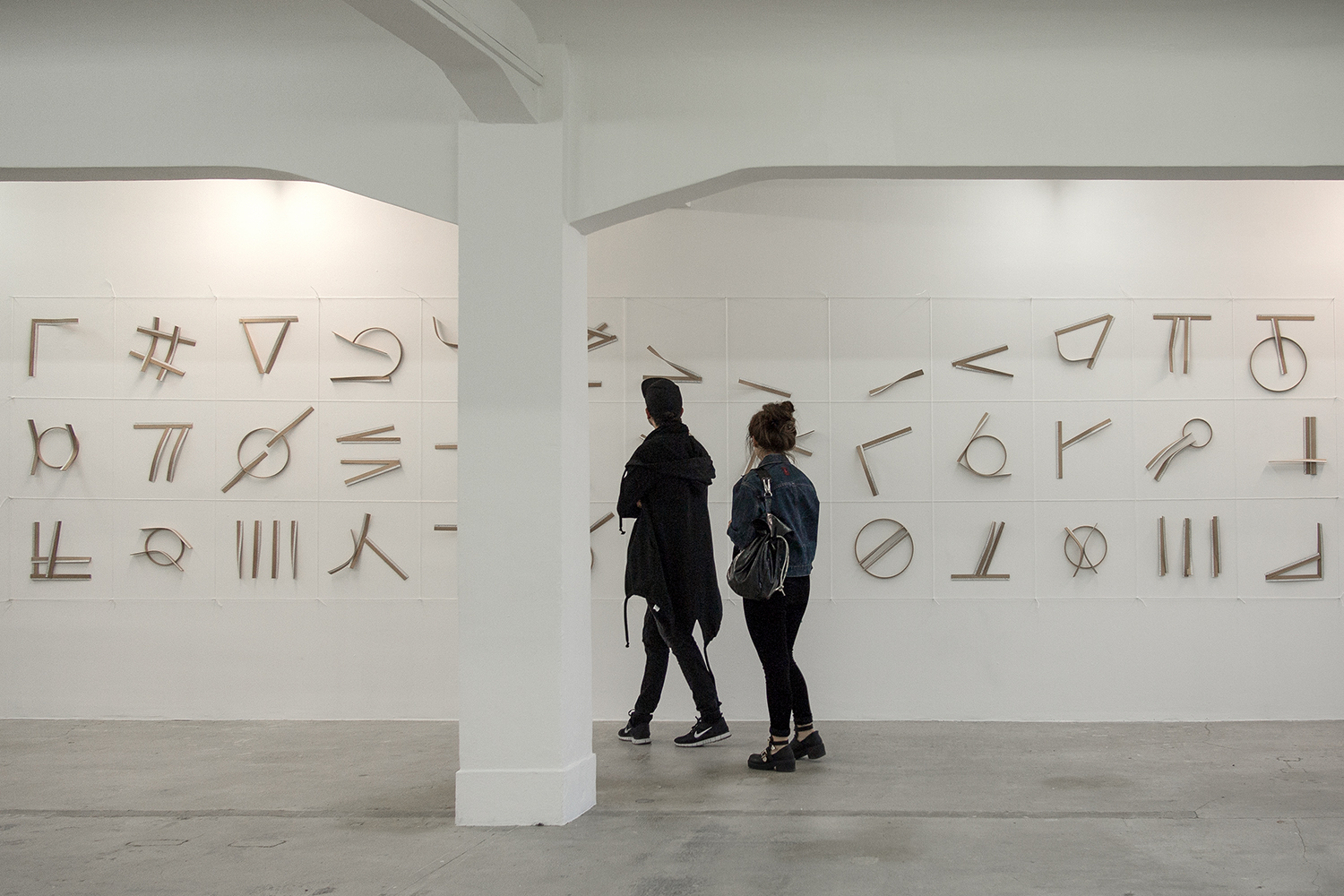
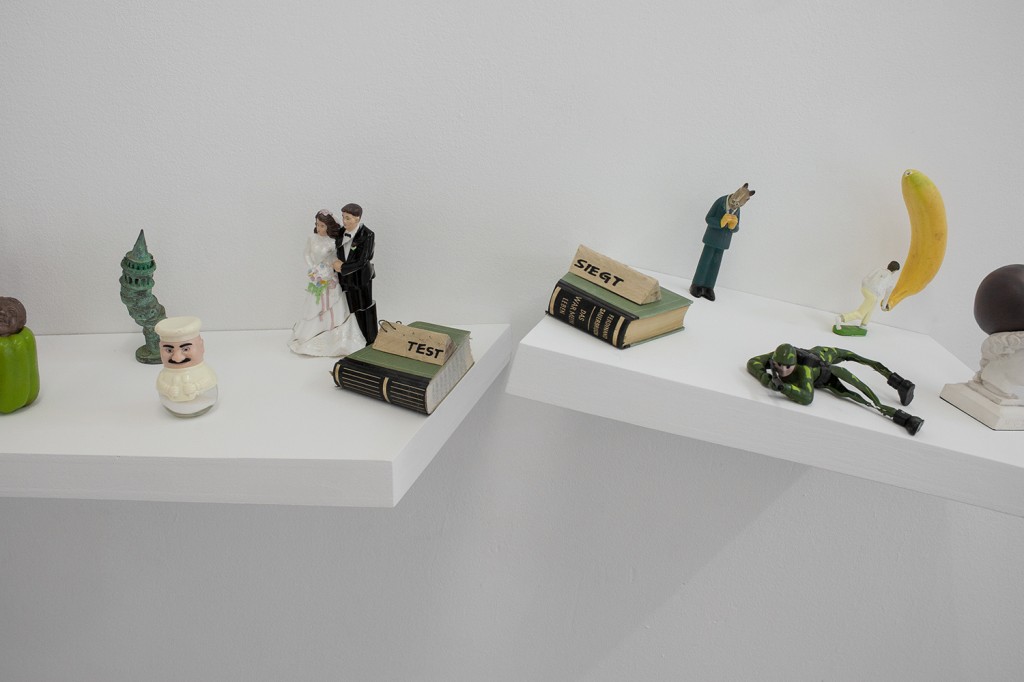

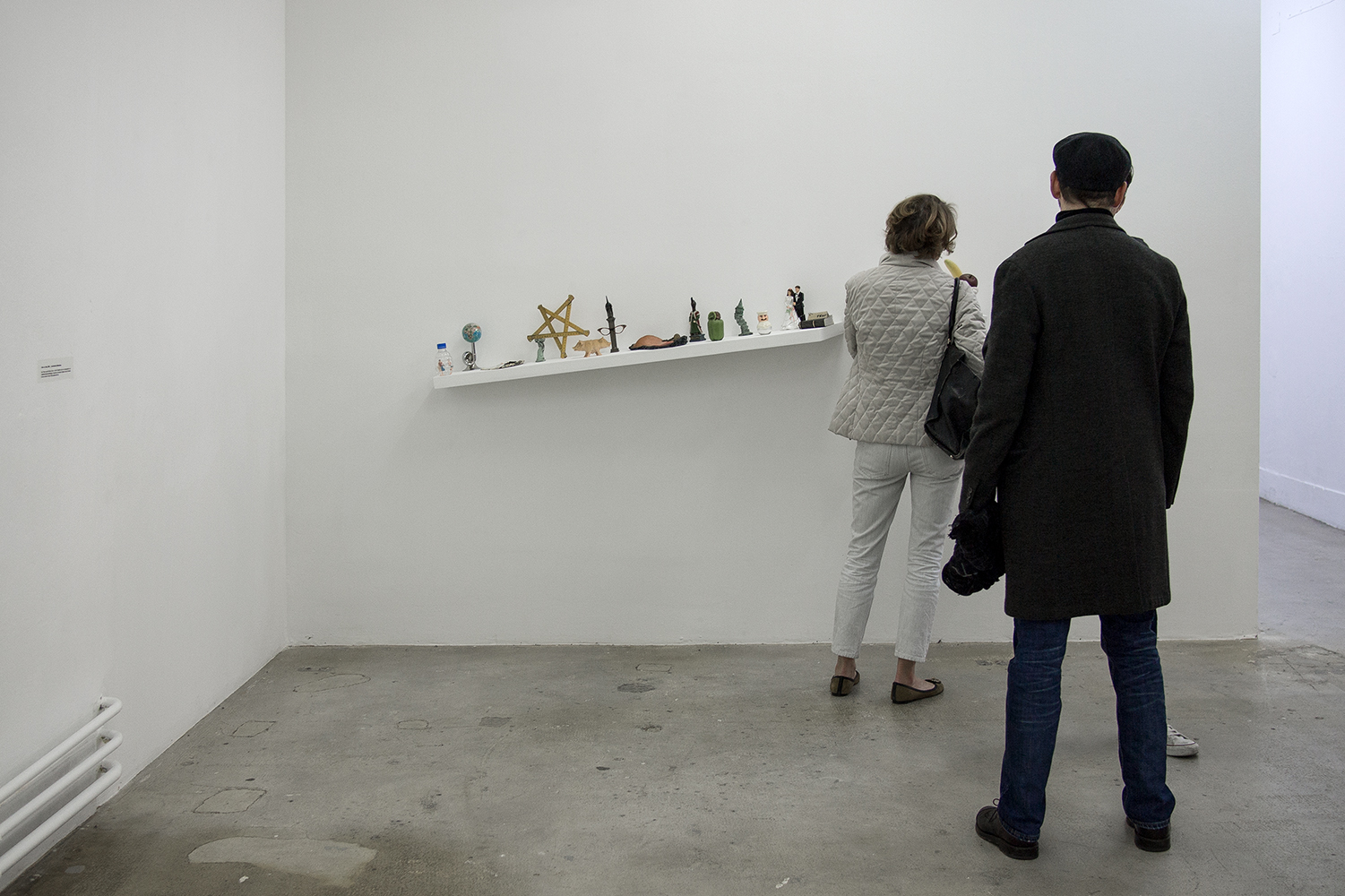
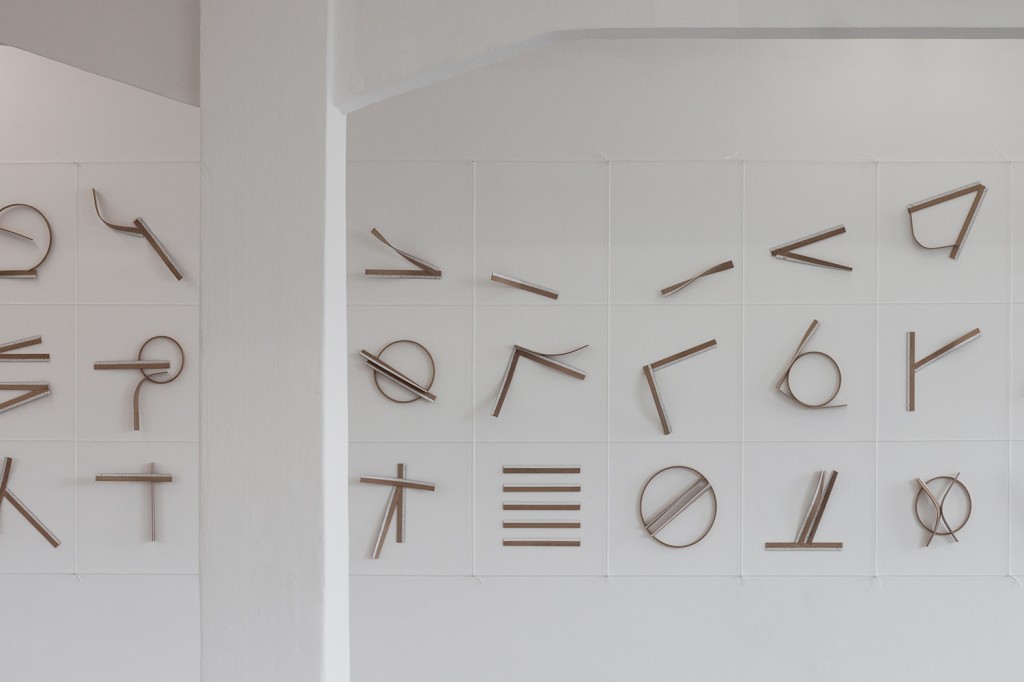
Kassel based Kurdish artist Mehtap Baydu focuses on questions about gender, identity, migration politics, and possible forms of transgression with a performative approach. For her contribution to the event, in dialogue with Misal Adnan Yıldız, the artist departs from an existing piece, Reden ist Silber (2010), which is a (sculptural) installation based on an old Turkish saying, “Speech is silver, but silence is golden.” The artist collaborated with the twenty one women she approached from different countries, modeled their lips when they were silent and produced them in bronze covering in gold. For her performance piece at Künstlerhaus, Baydu will work with another form of material, and collaborate with Misal Adnan Yıldız.
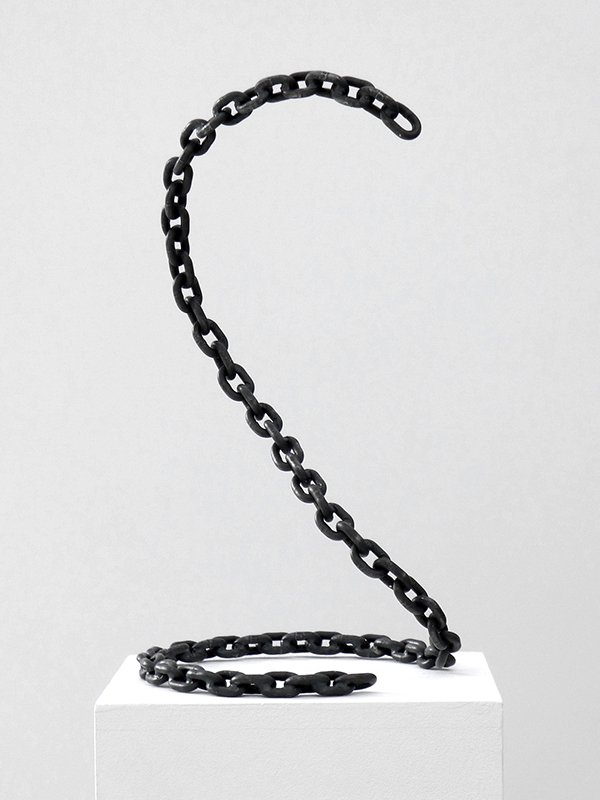
Momus will deliver a performative lecture, one of his ongoing series of Emotional Lectures, about love. Projecting his 2011 song Love Wakes The Devil, Momus will pause the video periodically to talk in a pseudo-critical way about the significance of individual lines, relating it to his essay Douce, published last year in the Sternberg Press volume Solution: Love, edited by Ingo Niermann. The Emotional Lectures series contrasts subjective and objective modes, juxtaposing the passionate and the cerebral for comic effect.

Skeptical Thoughts on Love departs from artistic perspectives, which conjecture multiple forms of attachment, intimacy, and obsession. Methodologically speaking, it is inpsired from the physical reality, potential impact and transformative power of love. The exhibition speculates on the potentiality of love as if it is the only possible form of resistance for cognitive/collective revolution in our contemporary solitude, demands silence as a conceptual tool to deal with human relationships and art works, and proposes to operate as a testing ground for introspection, self-analysis and self-reflection.



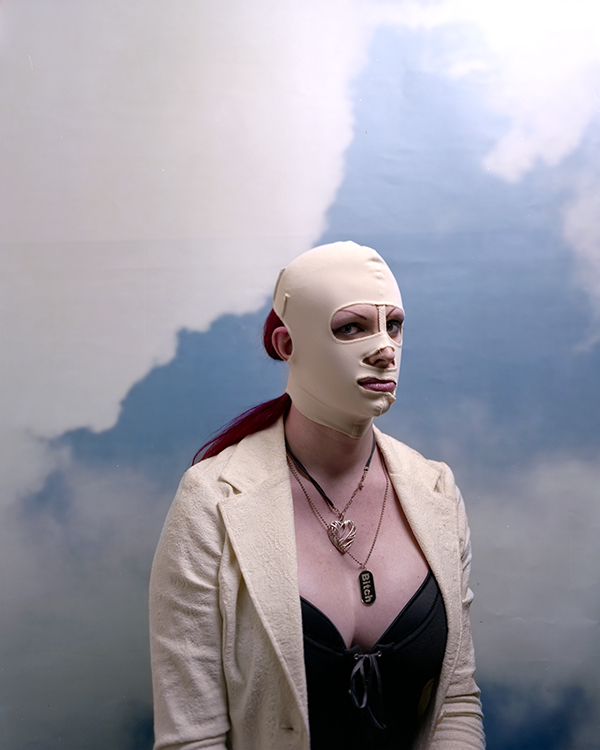

The yearlong performance programme from Künstlerhaus Stuttgart, Ich/I ends with a performance from Berlin based artist Mariechen Danz on Friday evening, 31st January, 2014. Referring to the pedagogic aspects of an art institution, the artist will bring different formats of learning, education, and interaction together as an eclectic form of concert, workshop and lecture. As one of the leading motifs in her practice, the conceptual relationships between learning, reading, and language play key role in the construction of this performance, which is supported by an installation of a recently produced wall hanging piece as the map of this cognitive journey. The piece, Tower Vessel Tooth (Book B) (2013) depicts various illustrated forms of the human body including errors and deviations from the history of anatomy, as well as figures, gestures, and sketches which are related to cultural myths, avatars, and historicity of human knowledge about the body. Appearing through this piece, the metaphor, “Body/Book” will shape her statement, and the audience will be part of the show. Danz will collaborate with Bremen based artist Conor Gilligan for this event.
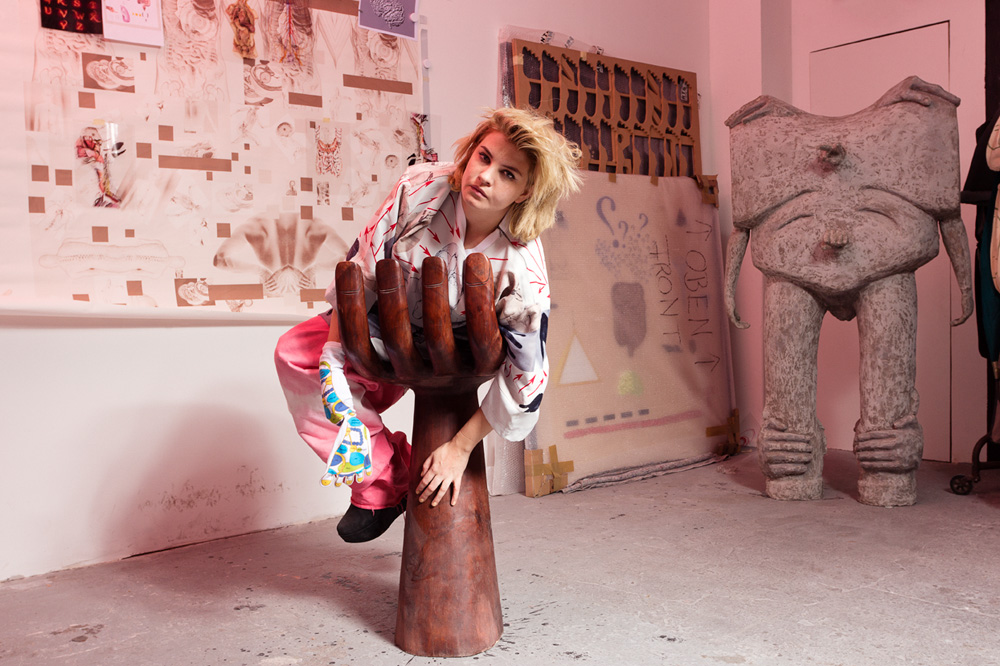
The Wagenhalle as space for artistic production between gentrification and self-administration
Exhibition and discussion at Künstlerhaus Stuttgart
The Künstlerhaus has always been taking active part in the discussions around the cultural, political, and sociological questions that have shaped the city of Stuttgart for the last decades. The most important question was initially asked at a gathering titled Kunstprovinz oder Kunstmetropole? – Wie entwickelt sich die Kunstszene (Art Province or Metropolis? – How is the art scene developing) at Künstlerhaus on 9 October 1981. Amongst the participants were Joseph Beuys, Manfred Rommel, Wieland Schmied, Laszlo Glozer, Michael Klett, and “Bunte Fabrik” (Knoedler & Lepetit). This question still holds today.
Relating to this issue we spontaneously initiated an artist run exhibition project with the focus on artistic research and production, taking place at the studios in the Nordbahnhof area.
The project will present and critically reflect upon the range of what has been created so far and think about what could happen with the area in the future.
Stuttgart based artist and technical manager at Künstlerhaus, Robert Steng, organises the exhibition together with artists working at Wagenhallen. The aim is to reconsider artistic production in the inner city of Stuttgart in times of urban change.
“One of the few positive results of Stuttgart 21 originated as a mere side effect. Out of the chaotic tussle around the gigantic restructuring of Stuttgart’s inner city, gaps and open spaces emerged, which have been used intensely by artists since 2000. On the area around Nordbahnhof, former train compartments have been used as studio and exhibition spaces and concert venues. Later on the Wagenhallen became part of it and now offer an enormous home to many artists and musicians. Until then comparable spaces were strictly structured in terms of their usefulness; self-organised artists and studio houses were not even imaginable. Within the ongoing struggles around Stuttgart 21, the area around Nordbahnhof (which was initially a temporary solution) has been developing into a place for artists. The big success and high demand for studio space make it very clear that a vacuum has been filled by this project. After the Waggons were cleared and have become mere history (like other studio houses, such as the OP Nord) a permanent solution for the Wagenhallen as a space for artistic production seems in reach and more needed than ever. Already, it becomes clear that the central location of the Wagenhallen is desirable for all sorts of profitable usage – the key term is gentrification. Further, the question arises if the city planners are willing to protect and integrate this space, after they have recovered from the first shock of S21. Internally, the users of the Wagenhallen have to master the task of organising the structure of self-administration and to shape their focus – concerning the content as well as the space. In my opinion it is most important to understand the space as production space for visual art and support and expand the studios.
The unique aspect of the Wagenhallen is their dynamics and size, the surrounding railroad industry and the proletarian residential areas, right next to the major road with its endless flow of traffic, but still very central. This place is unique and irreplaceable!
The exhibition at Künstlerhaus Stuttgart is no survey of the work at the Wagenhallen, but rather a subjective selection of some artists who are, in my opinion, working with the material body of the place, its fleetingness and the improbability of its history. The positions shown are shaped by the place which enabled them. An outside view of this production (as it can be currently seen at the Gallery of the city of Backnang) and the discussions around gentrification are aimed at supporting the Wagenhallen.”
Robert Steng
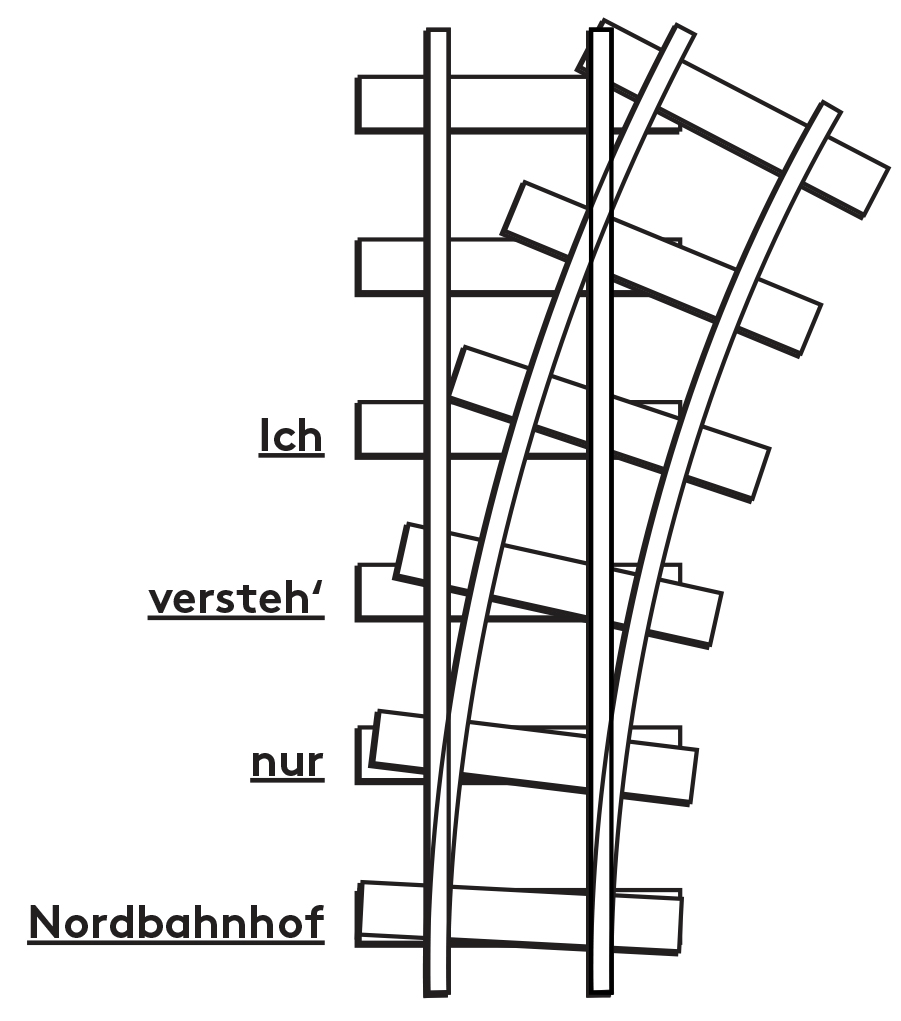
The year long performance programme at Künstlerhaus Stuttgart ICH/I presents a significant figure from Berlin, Emine Sevgi Özdamar. As an intellectual bridge between the German stage tradition and Turkish literature, she has been working in different ways of performing from acting to writing; and she has artistically challenged the politics of migration and narration through her work. In a long term conversation with Misal Adnan Yıldız, who first interviewed her last year as a public portrait for the Turkish newspaper Taraf, she has been considering how to develop a remake of her public reading from early 1990’s. After the publication of her collection of stories Mutterzunge (1990; Engl: Mother Tongue) she was the first non-German author to be awarded the Ingeborg Bachmann Prize for individual chapters from her first novel, Das Leben ist eine Karawanserei, hat zwei Türen, aus der einen kam ich rein, aus der anderen ging ich heraus, published in 1992.
During the selection process, the jury invited all candidates for the competition. Özdamar was filmed during her jury interview and her public reading was broadcasted on German TV in 1991. On the second floor of Künstlerhaus, Özdamar will bring the documentation of the historical material together with a live performance referring to how institutions evaluate the artistic vision and cultural identity.
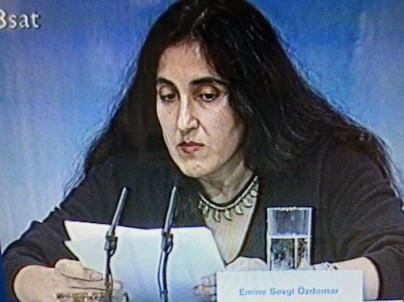
Curators
Leeza Ahmady (Afghanistan/US), Meskerem Assegued (Ethiopia), Daina Augaitis (Canada), Defne Ayas (Turkey/The Netherlands), Regine Basha (US), Valerie Cassel-Oliver (US), Rosina Cazali (Guatemala), Stuart Comer (US/UK), Veronica Cordeiro (Brazil/Uruguay), Christopher Cozier (Trinidad and Tobago), María del Carmen Carrión (Ecuador/US), Rifky Effendy (Indonesia), Özge Ersoy (Turkey), N’Goné Fall (Senegal), Amirali Ghasemi (Iran), Vít Havránek (Czech Republic), Hou Hanru (US/China), Virginija Januskeviciute (Lithuania), Abdellah Karroum (Morocco), Sun Jung Kim (South Korea), Pablo León de la Barra (Mexico/UK), Maria Lind (Sweden), Yandro Miralles (Cuba), Srimoyee Mitra (Canada), Nat Muller (The Netherlands), Sharmini Pereira (Sri Lanka/UK), Nataša Petrešin-Bachelez (France/Slovenia), Kathrin Rhomberg (Austria), Mats Stjernstedt (Sweden/Norway), David Teh (Australia/Thailand), Philip Tinari (US/China), Christine Tohme (Lebanon), Raluca Voinea (Romania), Jochen Volz (Germany/Brazil), and Adnan Yildiz (Germany).
Artists
Jonathas de Andrade (Brazil), Marwa Arsanios (Lebanon), Zbyněk Baladrán (Czech Republic), Michael Blum (Israel/Canada) and Damir Nikšić (Bosnia/Sweden), Deanna Bowen (US/Canada), Pavel Braila (Moldova), Aslı Çavuşoğlu (Turkey), Park Chan-Kyong (South Korea), Josef Dabernig (Austria), Elena Damiani (Peru), Shezad Dawood (UK), Annika Eriksson (Sweden), Antanas Gerlikas (Lithuania), Annemarie Jacir (Palestine), Lars Laumann (Norway), Aníbal López (A1 53167) (Guatemala), Reynier Leyva Novo (Cuba), Basim Magdy (Egypt), Cinthia Marcelle (Brazil), Bradley McCallum & Jacqueline Tarry (US), Ivana Müller (France/The Netherlands/Croatia), Ahmet Ögüt (Turkey), Jenny Perlin (US), Agnieszka Polska (Poland), Sara Ramo (Spain), Wok the Rock (Indonesia), Sona Safaei (Iran), Heino Schmid (The Bahamas), Prilla Tania (Indonesia), Alexander Ugay (Kazakhstan), Sun Xun (China), Jin-Me Yoon (Korea), Dale Yudelman (South Africa), Helen Zeru (Ethiopia), Chen Zhou (China).
PROJECT 35 Volume 2 is a touring exhibition, produced by Independent Curators International (ICI), New York. This exhibition was in part realised with donations by the Horace W. Goldsmith Foundation, the Robert Lehmann Foundation, the ICI curatorship and by subscribers to the ICI fund.
Coming from the Latin word, post scriptum, a postscript (PS or P.S.) refers to the texts, which are added after the main body of writing. As an expression, the term means “written after” and may be interpreted in the sense of “that which comes after the writing”. Since January 2011, Künstlerhaus Stuttgart has produced twelve solo exhibitions (entitled Artistic Dialogues), two main public programmes (discussion and event based programme; Critical Voices with Platform 3 Munich, and one year long performance programme ICH/I), two main group shows (ECHT?, and Apparatus Criticus & Locus), some context-sensitive projects (Wie geht’s dir, Stuttgart?, Künstlerhaus besucht, Zinnober, Solidaritäts-Auktion, Auktion 2012 etc.), editions, publications and many other forms of artistic research and production. We aim to reflect some of our recent experience with space, material and conceptual framework on some infrastructural changes and institutional organization of time and space. During this process of reconsidering our role and position, we’re proud to present some talks, performative events, and a video programme as further notes on our exhibition programme.

Let us spend the night together
Main Stage:
The fall programme of Künstlerhaus Stuttgart starts with the third episode of the performance programme, ICH/I. Investigating the institutional space with artistic proposals for change, adjustment, negotiation, and imagination, invited artists shape the way in which the team and the institution organize their time and space. As part of the Fall programme for ICH/I, Discoteca Flaming Star’s proposal An Open Scenario for Future will take place on Friday evening, September 20th, 2013, 18.30 and continue the whole night till the morning. The video material will create an imaginary place between dystopia and utopia, and the poetry will address questions such as: where are we and where are we heading? – with a strong reference to the post-industrial landscape and Pasolini’s Uccellaci e Uccellini.
Please bring your blankets, sleeping bags, and pillows to sleep and dream together with us.
On the same evening, the documentation of the Process Late Lunch from Chloë Bass will be shown for the fist time, and the installation by Ulrike Buck, Stair Case of a Hanging Power Garden for Künstlerhaus, 2013 will be open to taste and experience.

In response to the invitation for the performance program, ICH/I, which codes its July program under the subtitle, Local Utopias, Stuttgart-born artist, Ulrike Buck, proposes a permanent installation on the fire escape of the institution, adjacent to the backyard, which is shared amongst the tenants of the Reuchlinstraße 4a-b complex, including Restaurant Zadu, the Kaufmännische Schule, Ballettstudio Royal and the “Hausmeister.” As Buck has spent the last half-year surrounded by jungles and exotic landscapes with(in) the metropolis, Mexico City, this project has been shaped by her observations, living experiences and discussions with Mexican (indigenous) natives, but also by conversation and collaboration with Stuttgart natives Regina Fasshauer and Bucks flatmate Konrad Krammer, who are both professionally interested in ‘Botanicus’. Buck’s sculptural garden focuses on the magic, the power and also the entertainment provided by plants that are used for nourishment – energy-providing recipes, such as teas and cocktails, moreover herbs, which are used as ingredients for cooking. Historically speaking, the project aims to bring back forms of botanical knowledge that have become disconnected with the modern post-industrial world. It also refers to individual examples of apartments, balconies and backyards that host unique forms of home gardening, or hobby gardening. As an outdoor sculpture, Buck’s Stair Case of a Hanging Power Garden exists between public space and institutional property. In a nutshell, it is a garden proposed for Künstlerhaus Stuttgart, which exists as a social environment with studios, workshops and exhibitions. Ultimately, this hanging garden could operate as a vertically defined meeting point to interrupt the horizontal organization of time and space of the entire house.
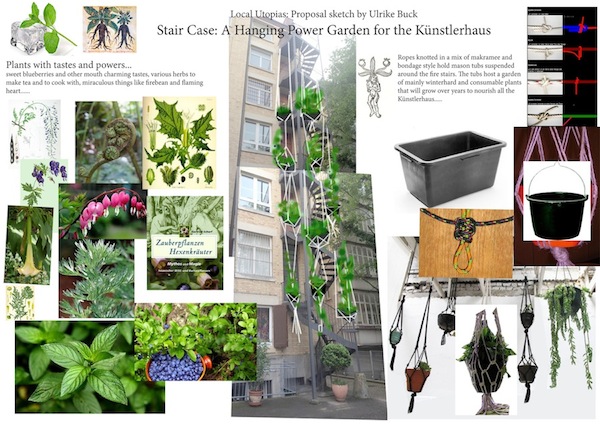
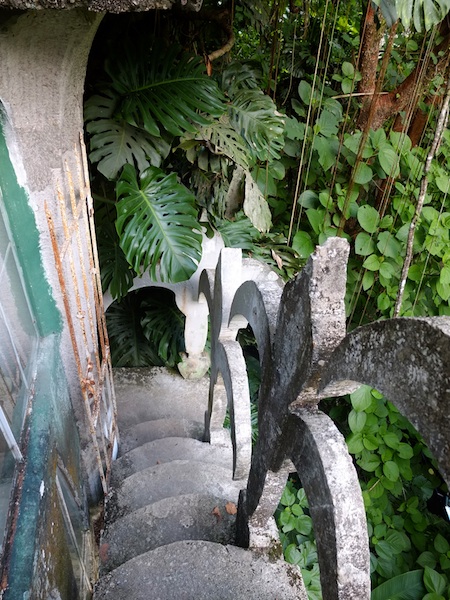
During his recent research visit in New York City, Marco Schmitt was occupied with a specific question: How do institutions operate and to what extent do structures of administration and management represent art institutions? To further explore this question, he visited and photographed the internal offices of some key figures within the context of the New York art world, such as Richard Armstrong, at the Guggenheim, Massimiliano Gioni, at the New Museum and RoseLee Goldberg, at the Performa office. His photographs focus on personal objects, fragments of design language and how these elements are or might be used to reveal how and where the directors work. As part of the performance program, ICH/I, Schmitt proposes to retrieve those visits within the setting of Stuttgart, where he will continue to develop his list. Combining the material from New York with new material from Stuttgart-based institutions, he aims to develop an installation on the first floor of Künstlerhaus Stuttgart, where the office and administration are located. Visitors are invited to take a tour with the artist in order to “read” the photographs together as a collective experience within the office context.
“Enter my office and have a look into my exhibition! Have a look into my office, and see my attitude… What do the Guggenheim Museum NYC, the New Museum NYC, Performa NYC, Staatsgalerie Stuttgart, Kunstmuseum Stuttgart, der Württembergische Kunstverein Stuttgart and Künstlerhaus Stuttgart have in common? Each of them has a position for a director and every director has his/her office structure.”

APPARATUS CRITICUS & LOCUS
On the occasion of its 35th anniversary, Künstlerhaus Stuttgart presents a dual exhibition; Apparatus Criticus & Locus as well as Footnotes, a satellite show in collaboration with the project space, Lotte. The exhibitions have been researched, developed, and installed through conversations, responses, and feedback of two curatorial practices during an ongoing process.
Initially, Apparatus Criticus intends to operate as a conceptual tool to investigate contemporary forms of critical distance and how diverse artistic languages approach their subjects. Critical apparatus, or apparatus criticus in Latin, refers to a collection of notes, variant readings, and other matter accompanying a printed text, and positions exhibition making as an open script in relation to the practice of process-based writing. Questioning potential relationships between the artworks, which call each other at contextual, conceptual, and critical levels of association, the exhibition aims to analyze artistic practices and how they define their critical distance to content, subjects and choices of material in accordance with their identities, positions or situations. Metaphorically speaking, Apparatus Criticus takes the exhibition form as primary source material that accompanies an edition of a text, and experiments with the possibility of developing a grammatical form of exhibition through several strategies, borrowed from textual criticism. Making an exhibition becomes no different than reading an exhibition whereas the variants of an exhibition or a text such as location, edition, source, subjects, and footnotes are visible during its presentation.
Parallel to this exhibition process, Locus appeared as a responsive idea to Apparatus Criticus. Locus is an exhibition which studies how responsiveness takes form and position through artworks. Locus is ‘a place where things are found,’ a point of reference, which delineates the relationships among responsive acts and propositions. As an allegory of exhibition space, Locus attempts to arouse curiosity in an audience through the artworks and provoke imagination of the possible scenarios, which the artworks have already responded to. Not much different from living things, artworks tend to reflect on numerous subject-matters of everyday life, and they are often developed in response to specific situations including those which are emotional, natural, political, and social. With this in mind, Locus is a survey of reaction as it is embodied in the artistic positions derived from diverse references. While investigating degrees of criticality and parallel readings among exhibited works, Locus responds to traumas of destruction, utopias, curious narratives of the ‘hidden-in-history,’ politics, and the sociability of nature. While Apparatus Criticus & Locus are simultaneously on view within the exhibition space of Künstlerhaus Stutgart, prescribing a parallel reading as dual exhibitions, Footnotes at Lotte reveals the research process through artworks, drawings, sketches, references, and footnotes. These exhibitions not only create two independent conceptual entities, but also form a monolith exhibition space, which proposes a cohesion of exhibition-making, curating, and working with artists.
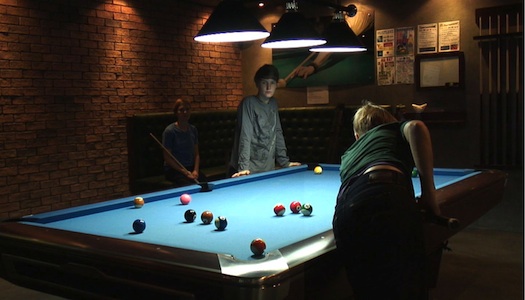

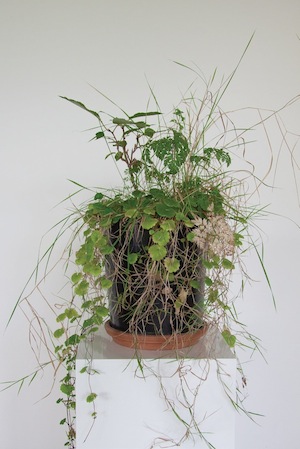
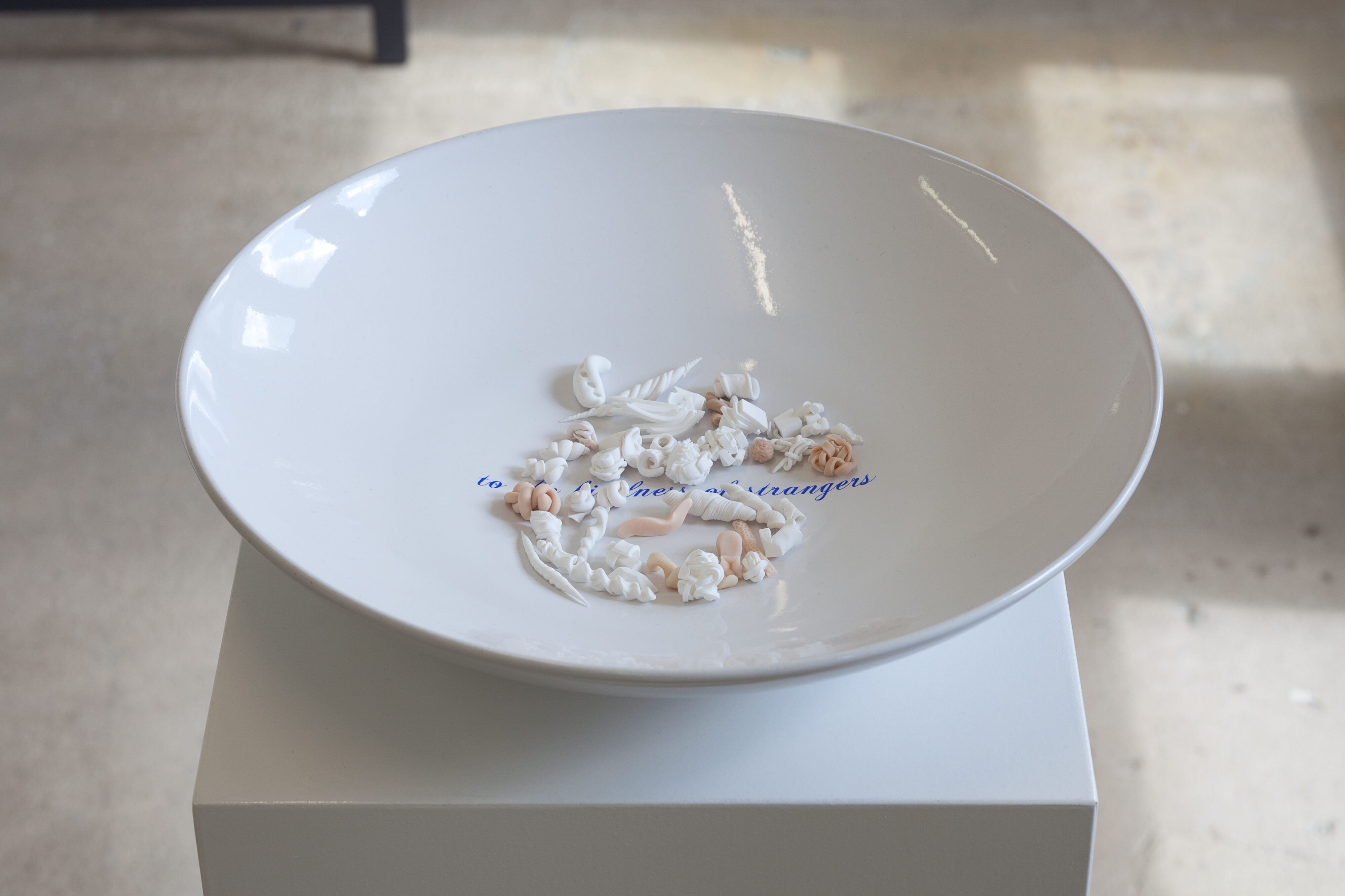
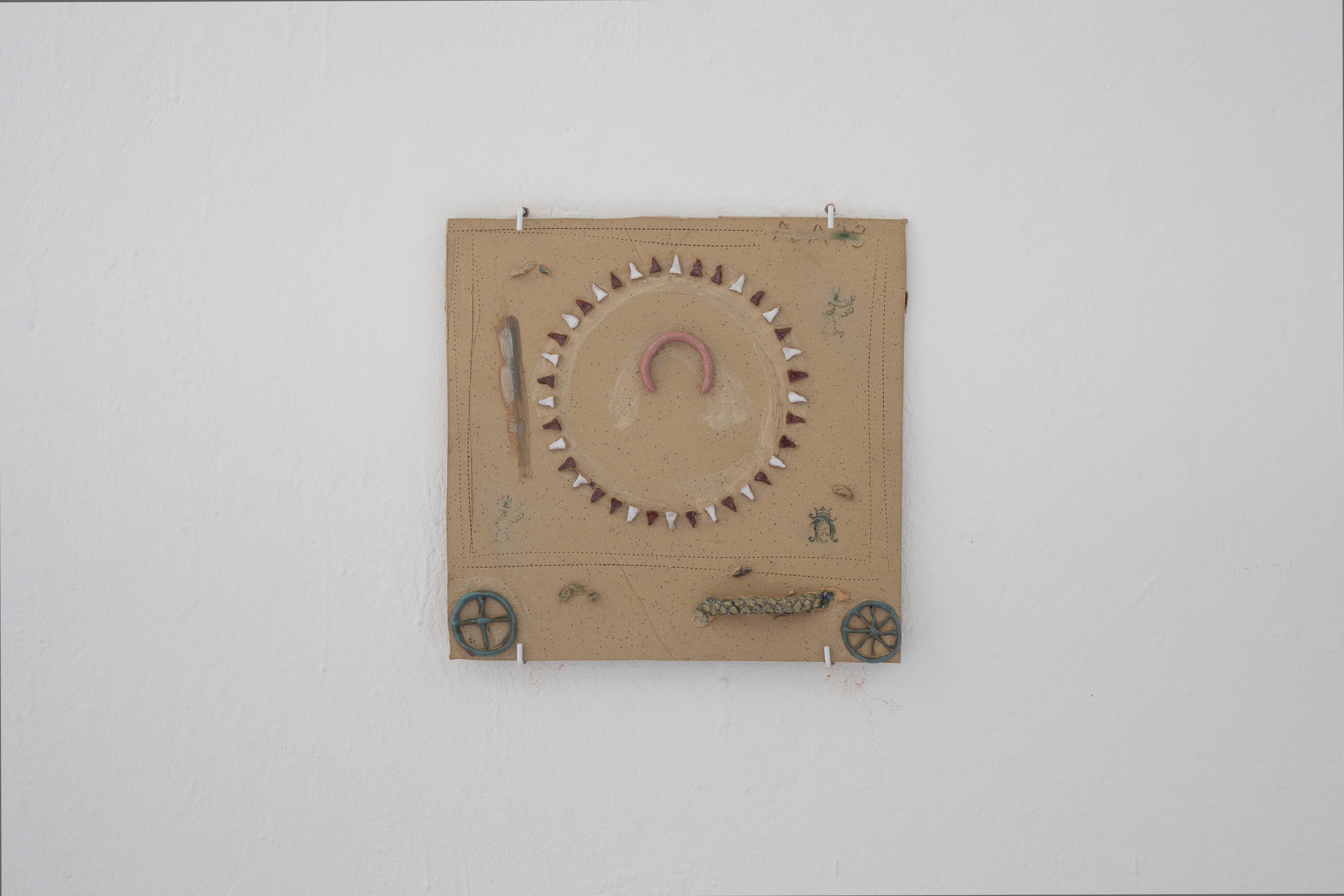
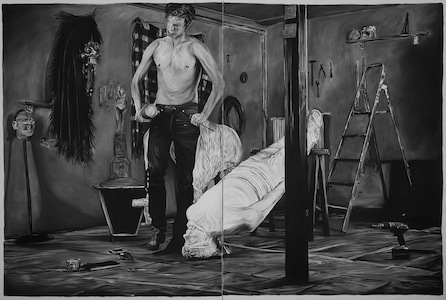
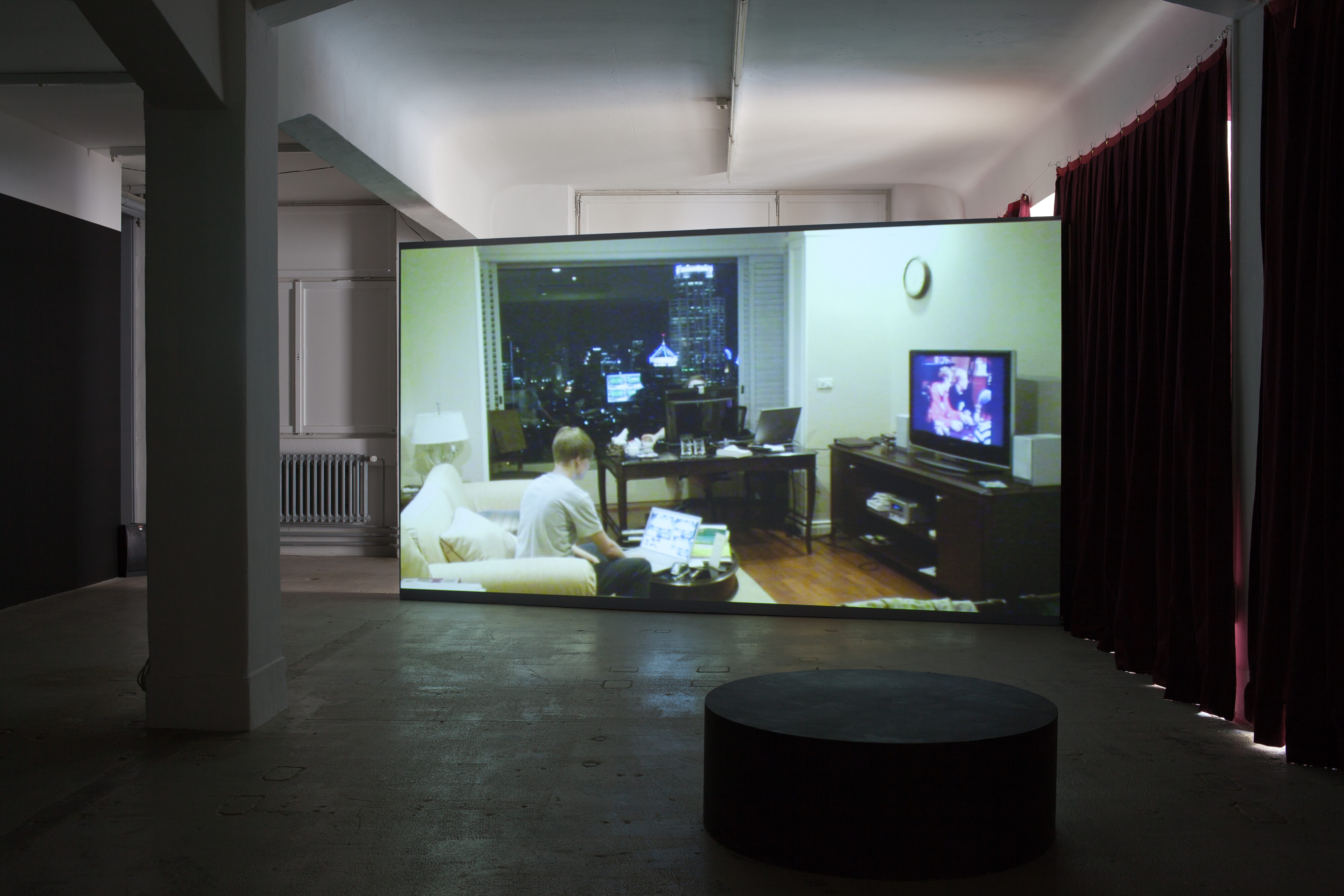
Prologue: TENDER BUTTONS with the curatorial collective Electra from London
Tender Buttons is a part talk, part screening by Fatima Hellberg departing from works by James Richards, Auto-Italia, Wu Tsang, and Kajsa Dahlberg. The evening brings together practices engaged with questions of what happens when desire is conflated with technology, and what these slippages might mean for a politics of representation. Here mass mediums such as internet clips, video, and other pieces of found and recycled material join investigations into how one might find space for alternative subjectivities and a politics of gender and sexuality either within or in relation to mainstream image production.
Since spring 2011, Künstlerhaus Stuttgart has been developing a series of solo exhibitions entitled, Artistic Dialogues, aiming to investigate methodological aspects of exhibition making. These solo exhibitions have been planned and programmed with different correlations and strategies regarding their conceptual, contextual, logistical, material, time-related, spatial, and architectural concerns.
The solo projects have been based on a comprehensive study of the invited artists’ practices with a contextually sensitive and critical approach. Establishing different relationships with the institution, audience, and city, the solo projects have become field surveys, through which one can clearly observe the function, role, and potentiality of exhibitions. To summarize, Artistic Dialogues has operated as a critical platform for an institutional programme, which is concerned with linking itself to the research and development process within the artists’ studios. A nonprofit art institution founded by Stuttgart-based artists as an experimental space with workshops and studios, Künstlerhaus Stuttgart proposes these solo exhibitions as production units rather than pedagogical presentations.
SLAVS AND TATARS – Behind Reason
The solo exhibition from the artist collective Slavs and Tatars borrows its title from their new series of mimeograph prints, Behind Reason (2012) questioning contemporary gaps between different epistemological realities and ontologies in West and East. From transliteration to syncretism, recent works from Slavs and Tatars are selected to investigate the relationships between our perception and cognition, in particular language’s ability to decode the links between text-based imagination and the contemporary image world. Conceptually speaking, Behind Reason intends to deal with the act of reading as equally affective, architectural, and analytical.
At the core of their presentation, the installation PrayWay (2012) is centered as a hybrid form between the rahlé, a book stand traditionally used for holy books, and the takht, river-bed, vernacular seating areas used in tea-salons. The piece is borrowed from Munich-based collector, Angela Staffa; after this exhibition terminates, PrayWay will remain, for the next two years, as the meeting point for the events, performances, and discussions on the second floor. The artist collective will also present two new works: Kitab Kebab (KHS), a site-specific skewer of books and an edition of Samizabt, a sound piece which looks to poetry as a tool of resistance via a linguistic and political translation.
CEVDET EREK – Pattern Anti-Pattern
Cevdet Erek’s conceptual focus is the axis between the perception of space, cognition of hearing and listening as well as beating out the rhythm of the space. Use of sound and dialogue with architecture are the most important elements in his practice; and through musical thinking and taking rhythm as an allegory, he creates differently scaled installations. Erek considers this exhibition as a test-drive to examine the cognitive patterns he deals with in the selected works. The artist proposes “anti pattern” as a key term – borrowed from the context of engineering – as the ineffective problem solving during the production process of any work. Through this exhibition, the artist continues his research process with sound-based installations departing from the physical coordinates of the exhibition space (which in Künstlerhaus’ case is an old suitcase factory). At the center of his floor plan, a sound-based installation with a form of sculptural gesture stands reminding us of his recent solo show Week at Kunsthalle Basel and his contribution, Room of Rhythms to dOCUMENTA (13) in Kassel. Erek will also display a selection from his series, Rulers and Rhythm Studies (2007-2011), which challenges the perception and representation of time as an abstraction of collective or personal memory. In order to investigate his conceptual approach and abstraction technique, the exhibition will also include a selection of his drawings, objects, graphic work, and collages.
The artist will also present a site-specific installation, which departs from the current condition of the fourth floor of Künstlerhaus including some architectural elements from the earlier installations of Artistic Dialogues such as painted walls, light solutions etc.. In addition to this gesture, he associates his perception of colour with the cultural codes, which transform the visual perceptual property from “ready-made” tones into objects of desire, fetish, and obsession.
Opening on Friday, March 8, 2013, the last episode of Artistic Dialogues invites the Künstlerhaus Stuttgart audience to an artistic experience which questions how words, letters, notes, rhythms, and elements of language function to abstract forms of political conscious and meta-cognition in time and space. Just as spring awakens the physical body of living organisms, nature, and the human spirit, the attempt to bring these two practices together intends to trigger twin questions we all share: Do we only hear our own voice when we read, write or think as linguistic acts of cognition? Or, does every letter, voice or idea belong to the universe?
Photography: Bernhard Kahrmann
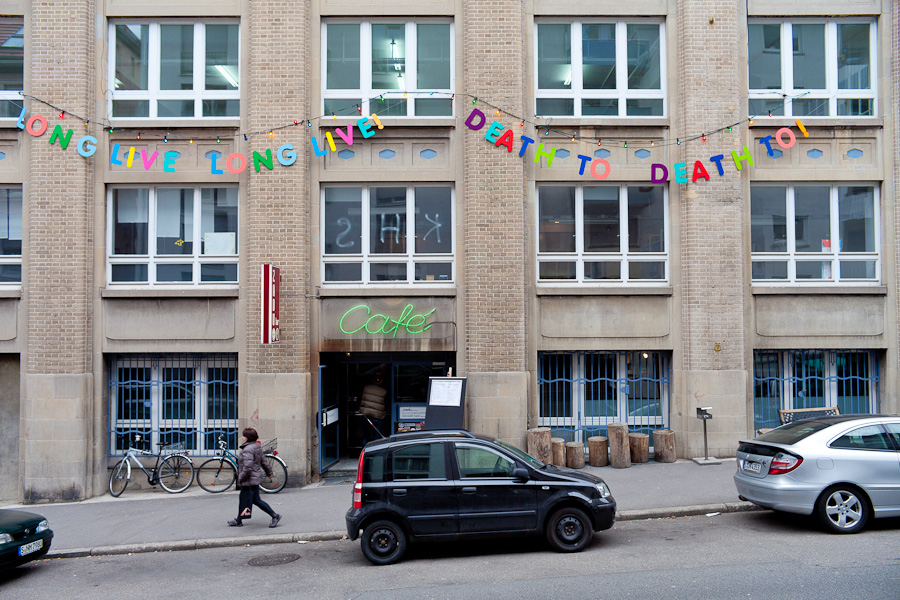
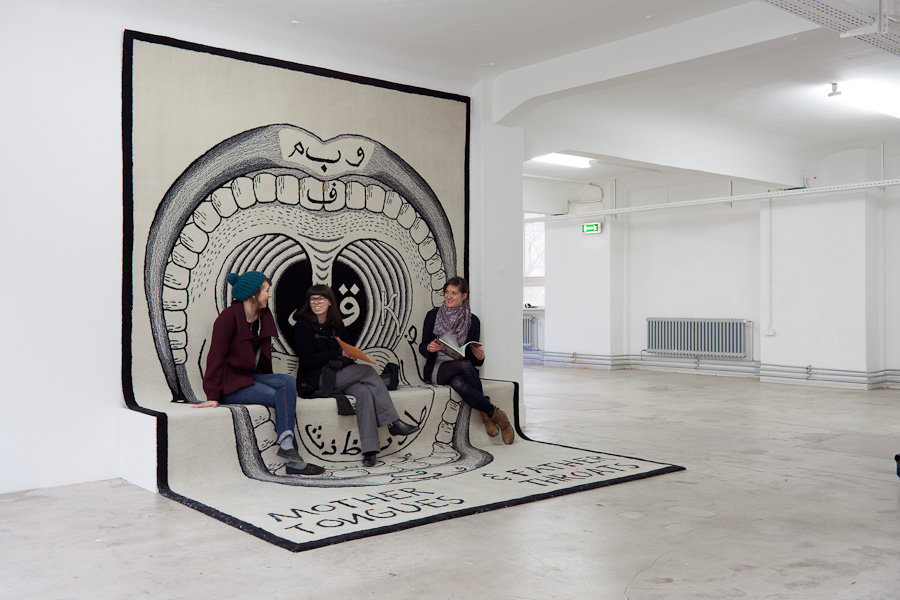
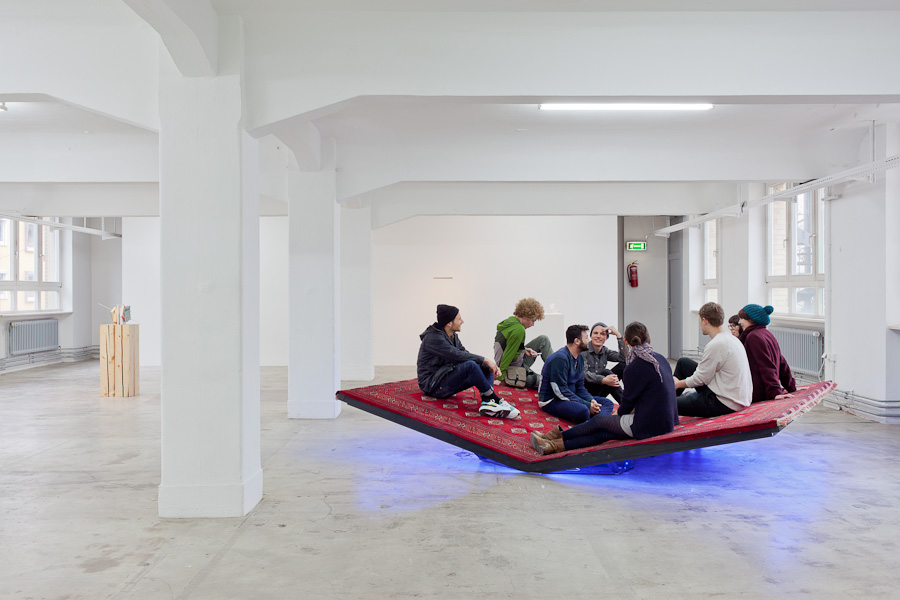

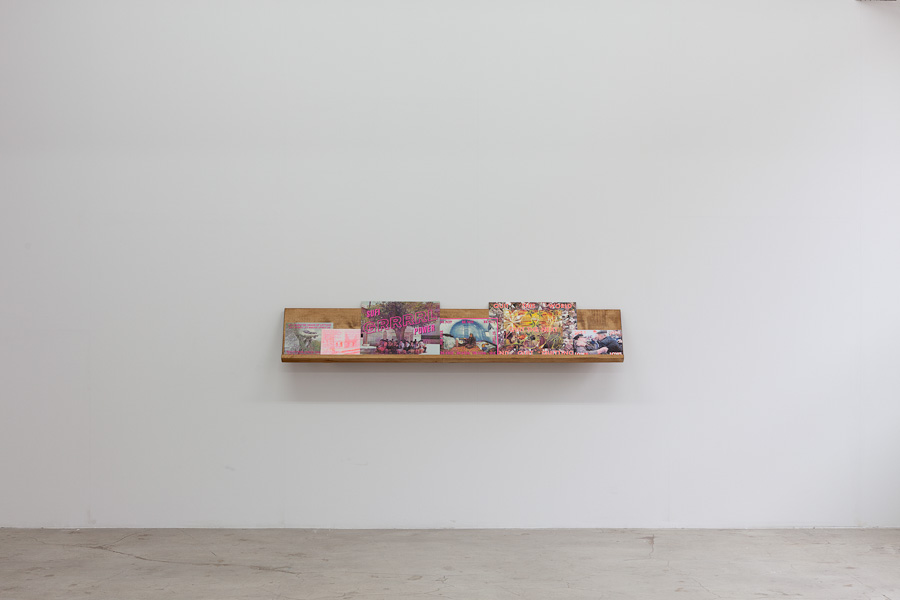
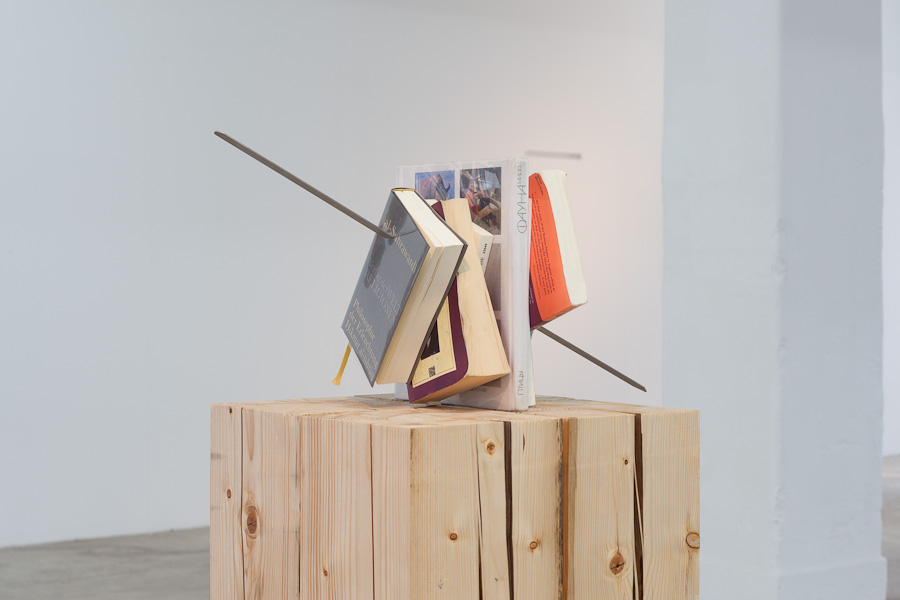
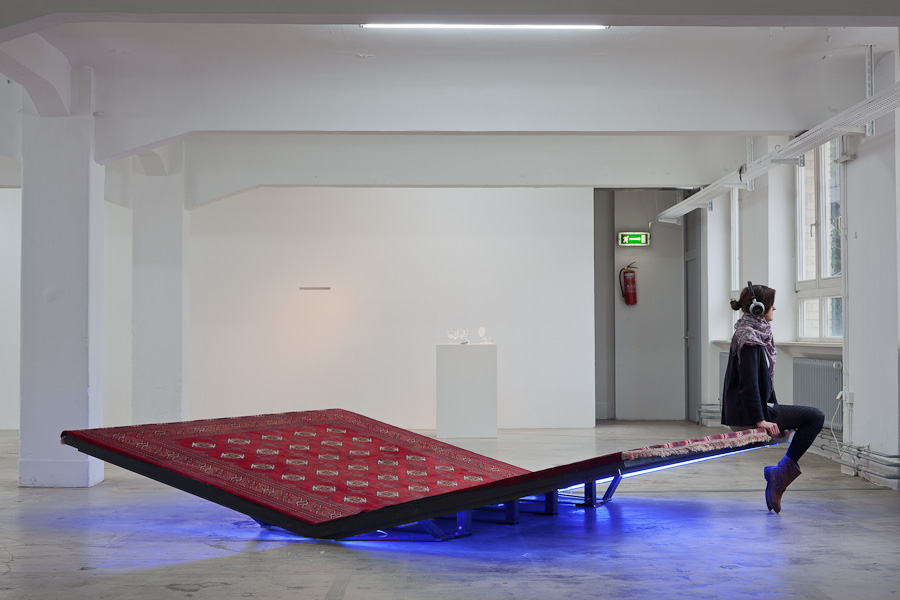
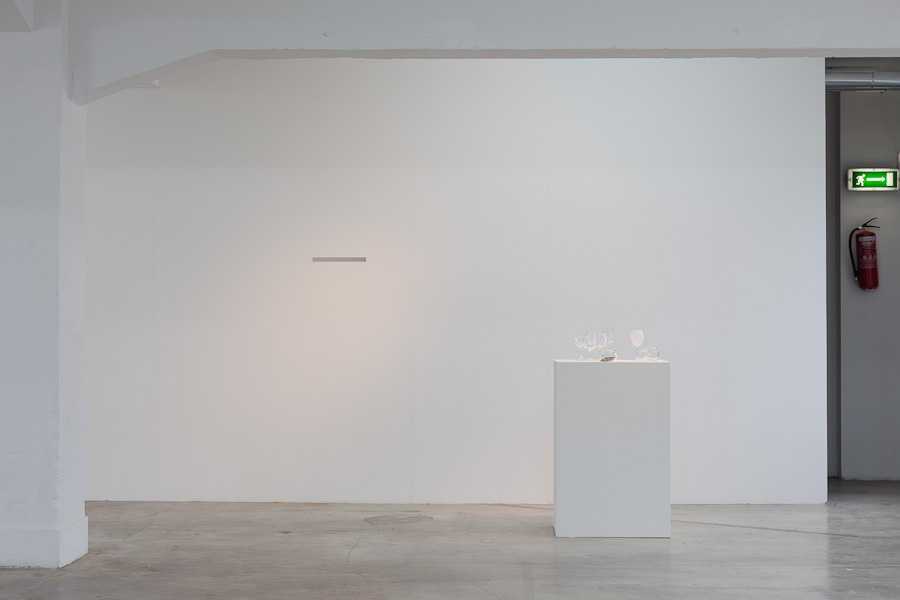
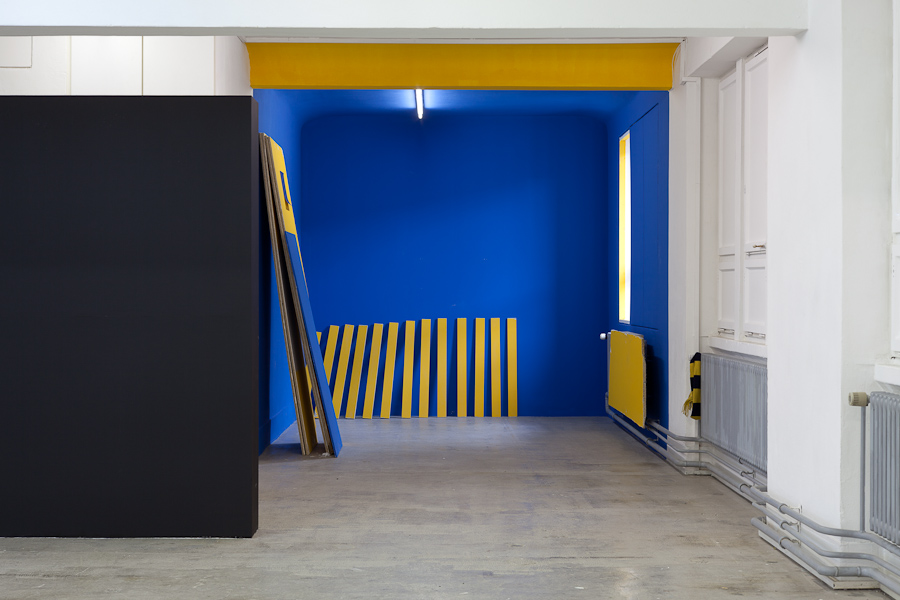
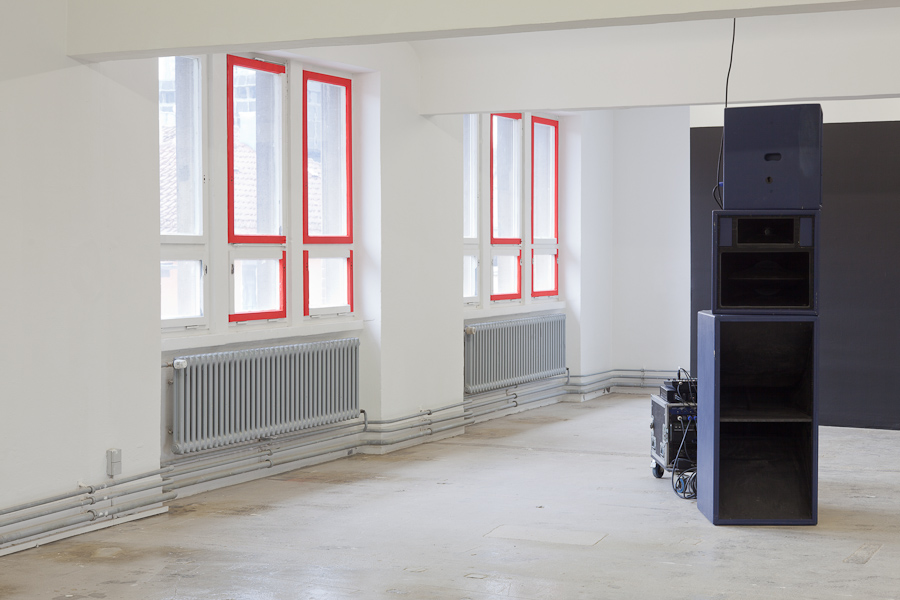
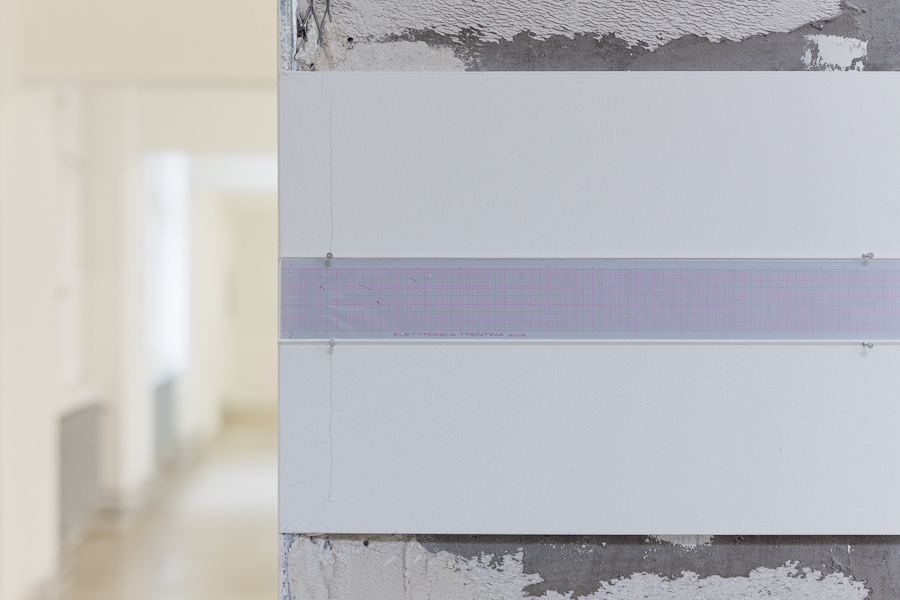
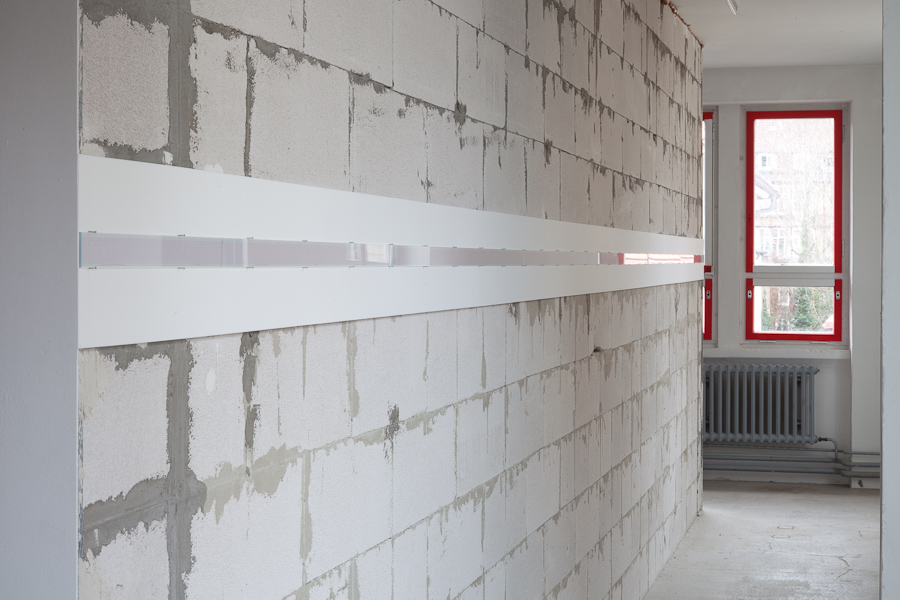
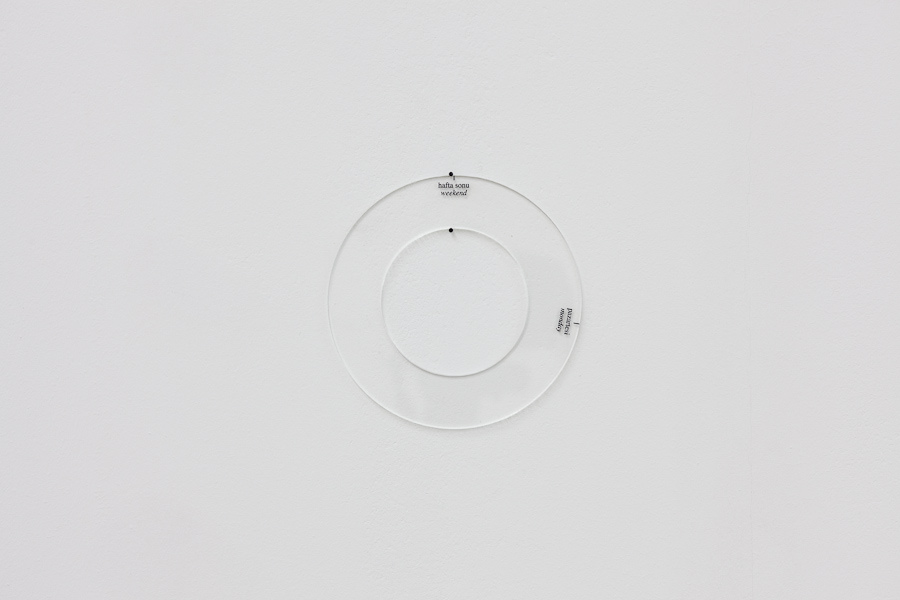
PLEASE NOTE: The event takes place at Filmgalerie 451 (NOT at Künstlerhaus)
Venue: Filmgalerie 451, Gymnasiumstr. 52, 70176 Stuttgart
Homepage: www.filmgalerie451.de
Doors open: 7:30pm
Program: A conversation between Başak Senova and Adnan Yildiz on The Translation project and the screening of The Tower: A Songspiel, 2010 by Chto Delat?
Tracing the reaction of DADA towards the horrors of war, The Translation project is a modest attempt to find correspondences in current parallel issues, detected and processed by contemporary artists with different realities and perspectives, who come from and work in different geographies. In the context of The Translation project, Cabaret Voltaire in Zurich hosts the screening of Cabaret Crusades: The Horror Show File, (2010) by Wael Shawky, followed by an exhibition, which presents The Tower: A Songspiel, (2010) by Chto Delat?. The Translation project is held to commemorate the 97th anniversary of DADA at Cabaret Voltaire (Director Adrian Notz), Zurich between 5 February – 5 May 2013.
About the film: The Tower: A Songspiel (2010, 37′)
The film is a critique of the contemporary Russian society and the power structures of the country. Despite the local resistance, Gazprom corporation intends to house the headquarters of its locally based subsidiaries in a 403-metre-high skyscraper in St. Petersburg. Nevertheless, The Gazprom tower is promoted by the authorities as a symbol of a new, modernized Russia.
Film Concept: Vilensky Dmitry & Tsaplya (Olga Egorova)
Director: Tsaplya (Olga Egorova)
Screenplay: Chto Delat?
Composer: Mikhail Krutik
Choreography: Nina Gasteva, Mikhail Ivanov, and Tsaplya
Set: Dmitry Vilensky, and Gluklya (Natalya Pershina)
Director of Photography: Artyom Ignatov
Editing: Vilensky and Tsaplya
Credit: Chto Delat?
Künstlerhaus Portrait: Ich/I (year-round)
Ich/I is a one-year running performance programme which is dedicated to different artistic positions and institutional roles, which is exploring the category of he portrait. Debates, memories, and sound-recordings of several performances will be documented. So a portrait of an artist’s studio arises as an artist-based institution. The list of contributing artists as well as the schedule will be worked out in cooperation with young participants from the cultural sector. Within this project it is also a matter to question how artists define their roles with respect tocontextuality, performativity and institutional critique.
This project is supported by Stiftung Deutsche Pfandbriefbank
Exhibition makers at Künstlerhaus and Lotte: Apparatus Criticus & Locus (Summer 2013)
Apparatus Criticus & Locus is conceived as a simultaneous exhibition programme as a collaboration between Künstlerhaus Stuttgart and Lotte (Willy-Brandt-Straße 18, 70173 Stuttgart), the youngest artist-run exhibition space in Stuttgart. The exhibition programme brings together different generations of institutions, artists, exhibitions-models, and curatorial discussions.
Istanbul and Amsterdam based artist Ahmet Öğüt, presents his first solo exhibition in Stuttgart featuring a comprehensive study of his recent projects; as well as earlier video based works and performances. The exhibition occupies both exhibition spaces at Künstlerhaus Stuttgart. Öğüt’s solo exhibition, This exhibition’s factual accuracy may be compromised due to its practical nature, aims to develop a critical perspective on how we demand and supply social changes as economical, but irrational subjects in a world in transition.
Witnessing political transitions in our global context, Ahmet Öğüt promises critical thinking and participatory imagination through his conceptualist approach. His understanding of political subjectivity and collective unconscious are reflected in his projects, in the way they communicate with potential audience.
Öğüt’s proposal for Artistic Dialogues is formed in reference to how information is processed, circulated and co-edited today. Wikipedia operates as a shared, collective source of information. Articles that are deemed unsatisfactory by Wikipedia include a disclaimer: “This article’s factual accuracy may be compromised due to out-of-date information. Please help improve the article by updating it.” This disclaimer invites contributors to change the article, thereby contributing to Wikipedia’s collective knowledge. Adapting this disclaimer into his title, and emphasizing the form of exhibition as his primary material, Öğüt invites the audience to see the exhibition with its artistic and institutional references and with contextual reality.
The audience is welcomed to the exhibition by posters entitled Post No Bills (2011-12), which include street tags appropriated from a Felix Gonzales Torres poster, Untitled (The End) (1990). The second floor includes earlier video works, Death Kit Train (2005), Short Circuit (2006) and an edited film program that shows documentation from Öğüt’s early performances. The fourth floor will focus on his recent works including Stones to throw (2011), and Oscar William Sam (2012). The exhibition functions as a space for investigating the new artistic directions Öğüt is heading to – with a focus on his recent works as well as the conceptual origins.
To contextualize Öğüt’s earlier work, a re-staging of an early performance work will test the Künstlerhaus audience – with a traditional game from Turkey, Okey. This will take place during the end of the exhibition.
In close collaboration with Lost Books – a Stuttgart-based publisher founded by Künstlerhaus Stuttgart studio-grant holder Juliane Otterbach – an artist book will accompany the exhibition and include Öğüt’s latest statement, Stones to throw (2011).
Photography: Bernhard Kahrmann
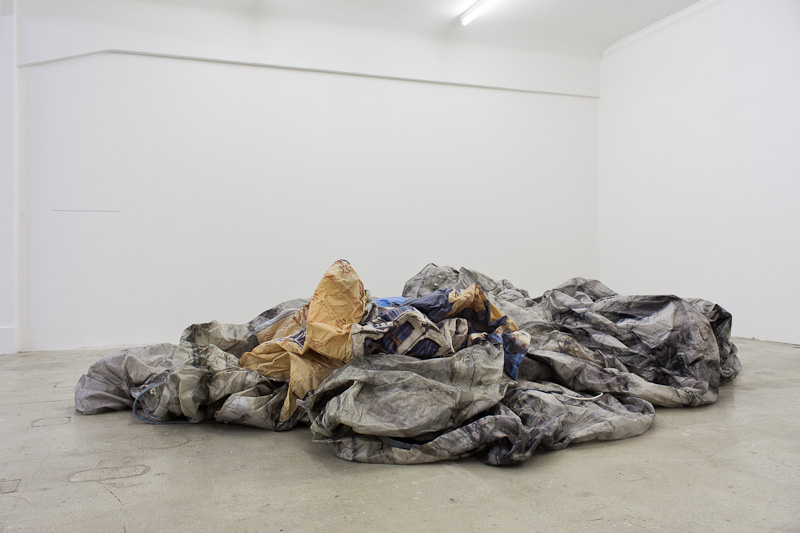
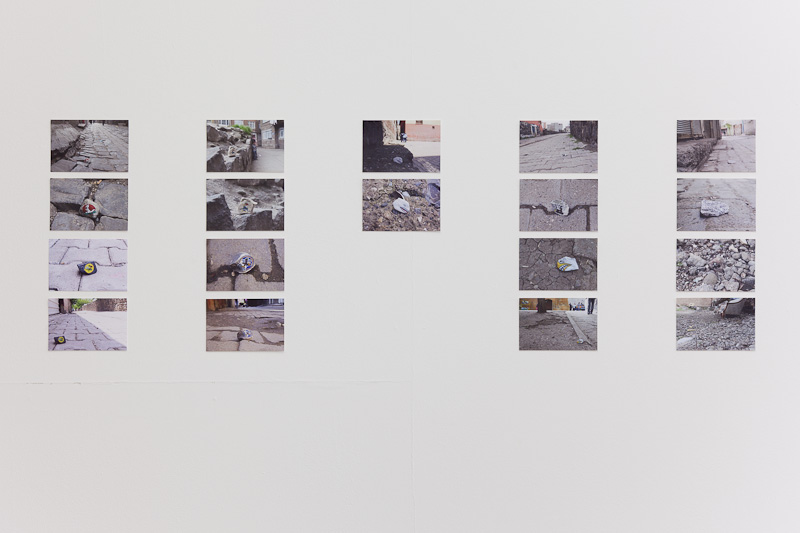
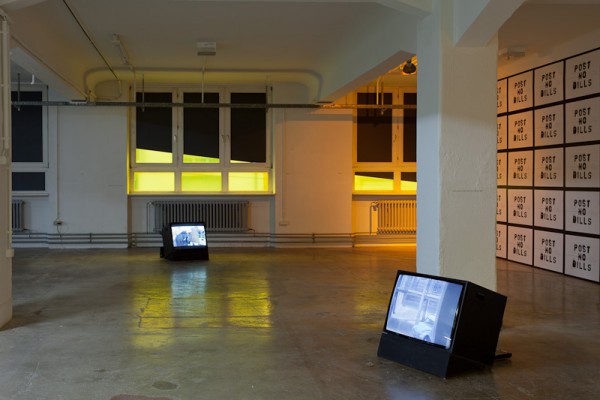

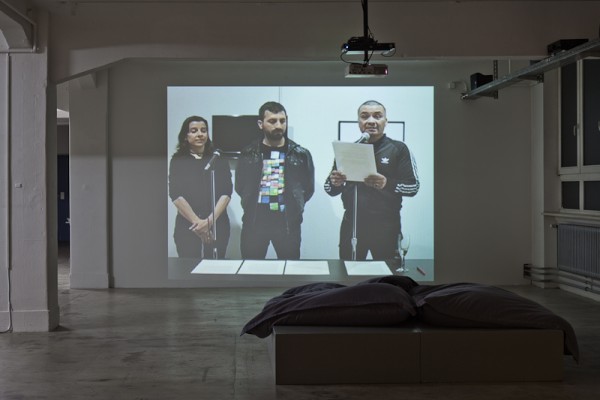
Architecture without Architecture is a project by Asli Serbest and Mona Mahall (Igma) in cooperation with Adnan Yildiz (Künstlerhaus Stuttgart).
If architecture is regarded as a conceptually open, artistic field – then it does not have to refer to building. Then it does not have to follow institutional standards or give in to conventions. Then it has only to refer to what has formerly and currently been known as architecture. Thereby it can be affirmative, or critical, or both at the same time. It can become film, graphic, activism, or narrative. It can use existing forms of architecture or develop anti-forms. It can challenge institutions, notions of architecture, and the role of the architect. It can ask, where architecture ends and it can relocate the border.
In the setting of Künstlerhaus Stuttgart, architecture is – at least for us – also a question of artistic, urban, and historic contextualization in the city of Stuttgart. The answers to this question are individual and courageous; they range from a ping pong party, an obsessive video, a picture exchange, a shadow sculpture, a sound installation, a style application, a dream toilet, and a voting event, to a light space.

Künstlerhaus Stuttgart’s fall program starts with a joint collaboration with Kunststiftung Baden-Württemberg, presenting the first institutional solo exhibition from Brazilian artist Pedro Wirz (born 1981) who is the winner of the Peter-Hans-Hofschneider-Prize 2011, which is awarded every two years by Kunststiftung Baden-Württemberg to foster art academy graduates and young talented artists who have a connection to Stuttgart.
The exhibition Not the New, Not the Old, But the Necessary operates at different levels of conceptual approaches such as abstraction, participation and curation. Wirz continues his series of Curated Sculptures for this exhibition by inviting John Beeson, Giovanni Carmine, Carson Chan and Rebecca Lamarche-Vadel to curate a selection of artworks out of a list of 243 artworks from the artists that Pedro Wirz collaborated in the last four years.
As the main conceptual ground for the show, the traditional art form from Japanese culture, Origami – which is based on folding paper – is used not only as an artistic technique but also as an expression of abstraction in Wirz’s show. Reconsidering the impact of Japanese culture in Brazil, and bringing along his childhood experience with Origami, Wirz aims to create a social network of ideas, images, and practices in the form of an exhibition and an artist book.
Quoting from one of his life-time inspirations, Sol LeWitt, Pedro Wirz crystallizes the fundamental aspect of his methodological strategy. “Irrational thoughts should be followed absolutely and logically.” and “The concept of a work of art may involve the matter of the piece or the process in which it is made.” Wirz investigates the possibilities of exchanging roles and positions in the art world, demanding curiosity to experiment on the basis of the main question: What happens when we shift South to West, artist to curator, and paper to sculpture or vice versa?
An exhibition supported by the Peter-Hans-Hofschneider-Prize 2011, in collaboration with Kunststiftung Baden-Württemberg.

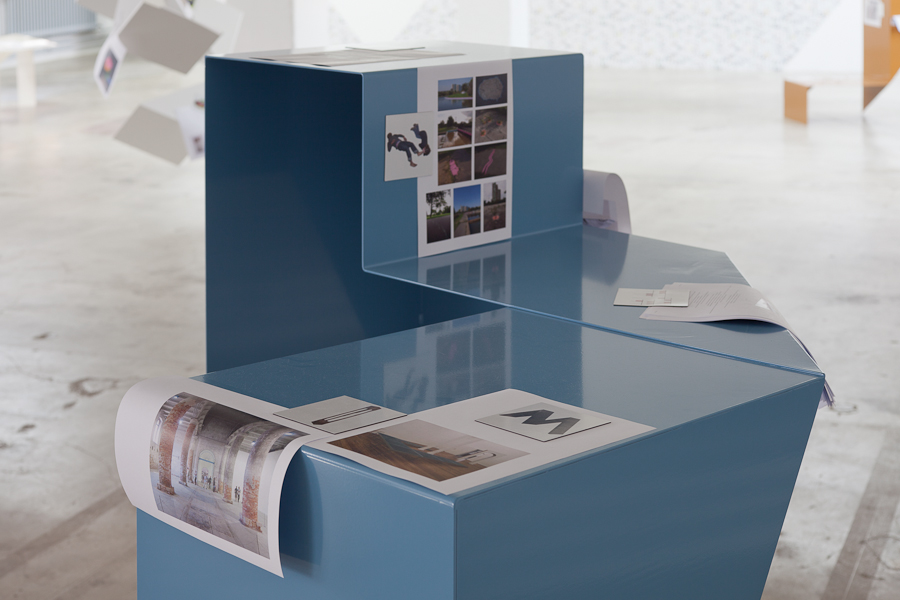
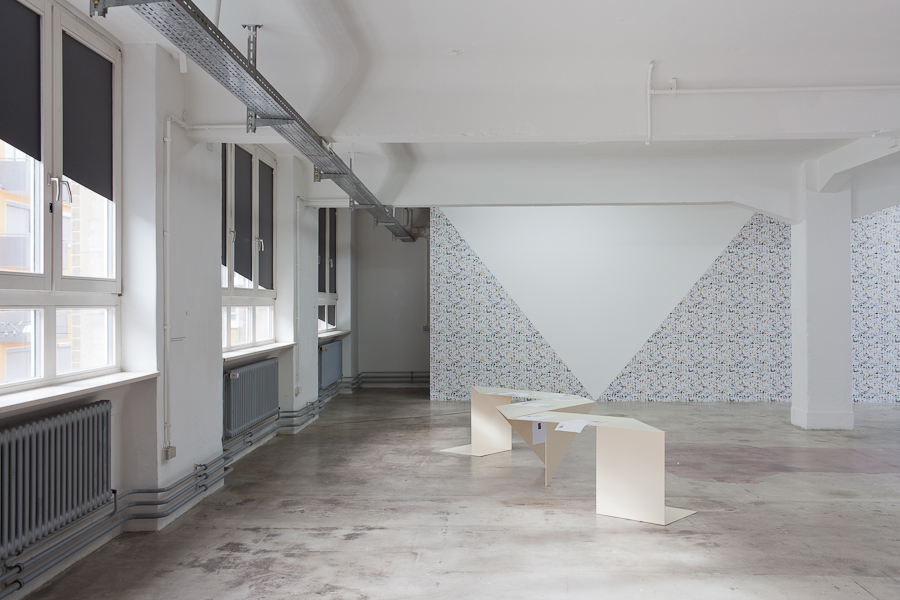

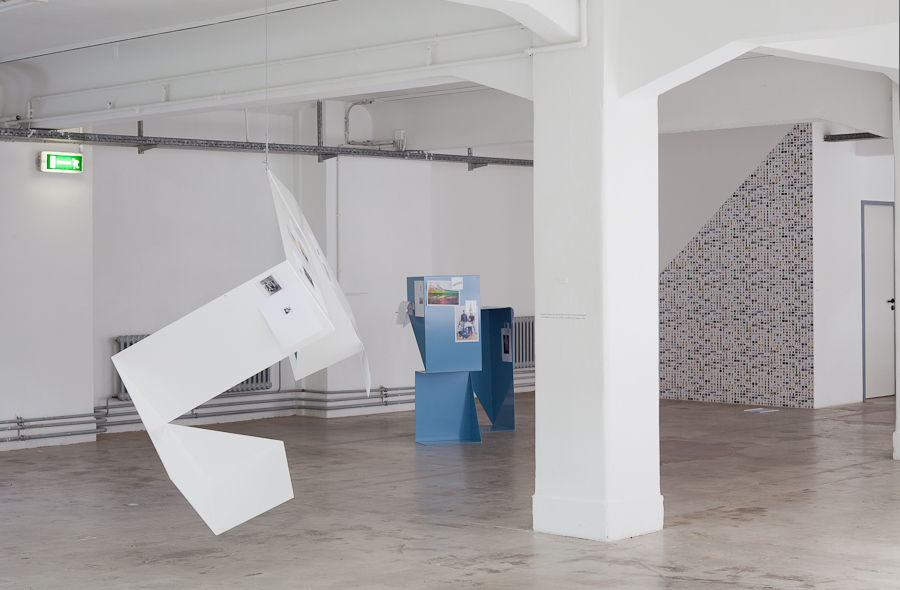
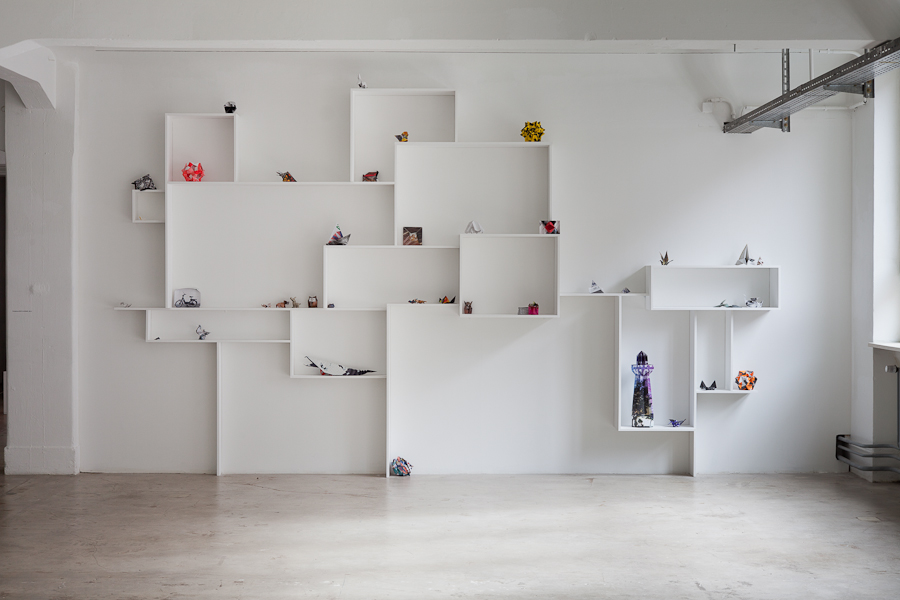
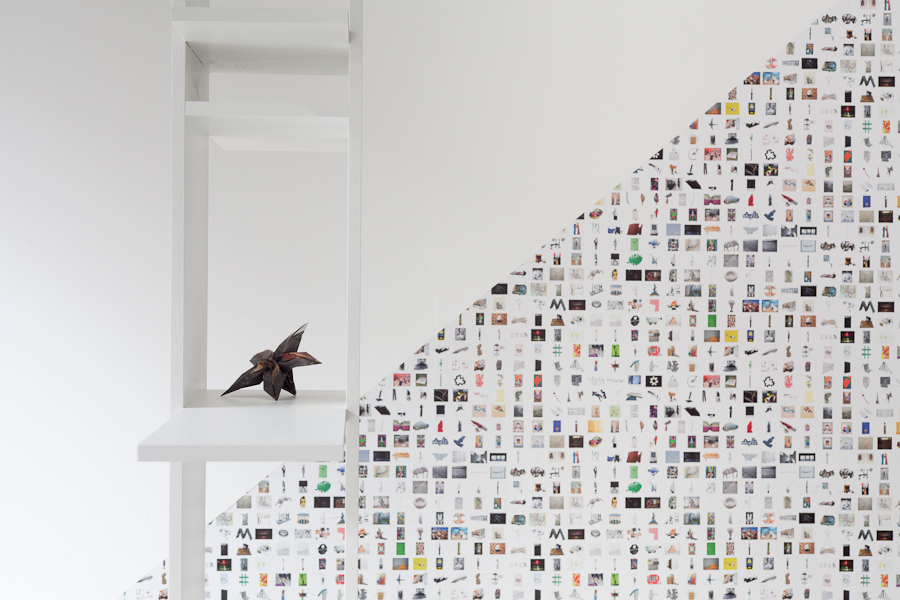
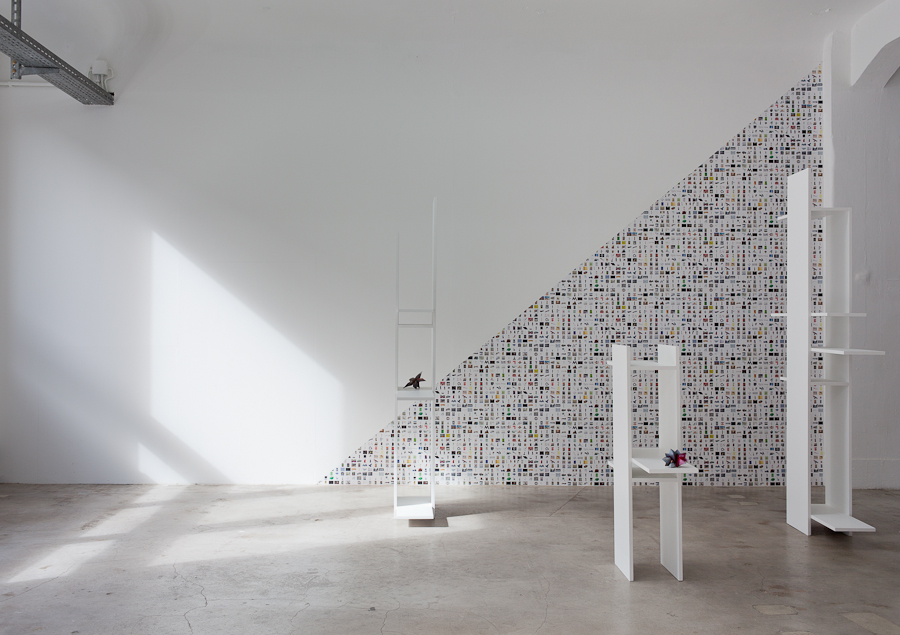

Lecture by Eva Eis, restorer at Kremer Pigmente / Farbmühle Aichstetten. The lecture is held in German.
With kind support from
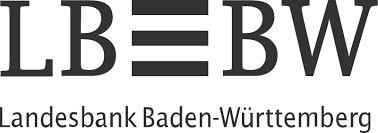
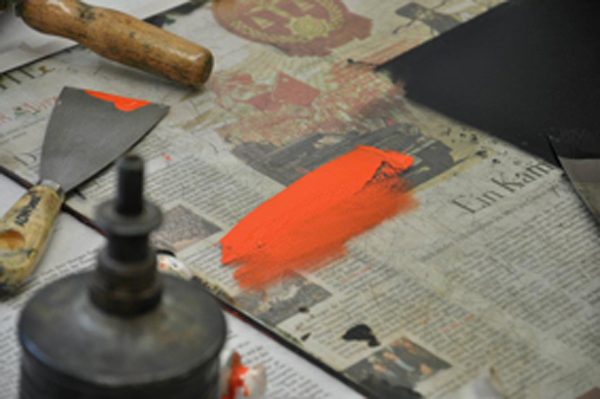
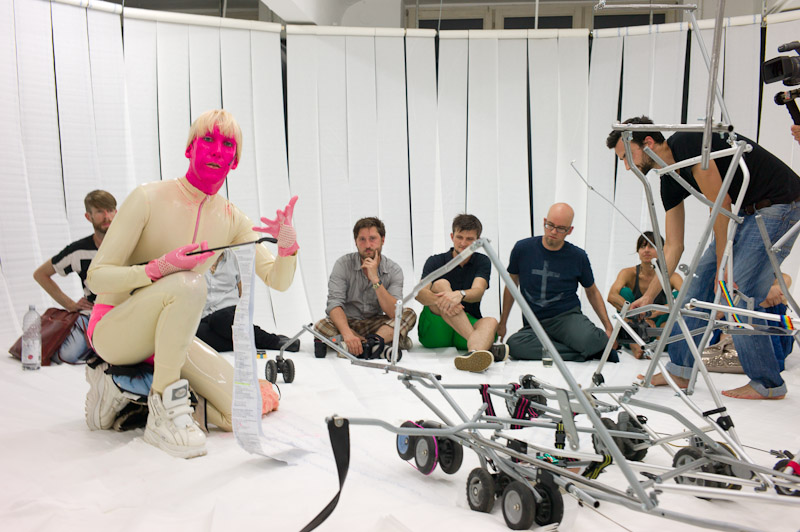
A project on self organization, working spaces and materiality
Exhibition, 4th floor
Research & Production:
Daniel Coley, Jochen Detscher, Regina Fasshauer, Ronald Kolb, Birgit Mendel, Gwendolyn Rabenstein, Misal Adnan Yıldız
including material library, archive, and Q & A / workshops Künstlerhaus Stuttgart
On Friday, June 29, 2012, Künstlerhaus Stuttgart opens its summer exhibition ZINNOBER-SOMMER 2012, which assembles works by local artists from different disciplines – produced specifically for this group show in the Künstlerhaus’ own workshops. In addition, the show compiles a material library, archive documentation and interviews with the participating artists.
The development of the project ZINNOBER-SOMMER 2012 is based on one of Künstlerhaus’ major responsibilities since it was founded almost 35 years ago: to provide local artists with studios and multidisciplinary workshops.
ZINNOBER-SOMMER 2012 unites the workshops at the Künstlerhaus by looking into a shared topic: “ZINNOBER” – a classical pigment (cinnabar), but also a colloquial term in the German language.
ZINNOBER Edition
On the occasion of the ZINNOBER exhibition, a portfolio of selected editions has been issued, which will be presented in the framework of the exhibition closing event on September 2. The edition includes 10 portfolios with 11 pieces, which can also be purchased individually. Each work was produced in the Künstlerhaus workshops (photo lab, silkscreen, etching, lithography).
Edition ZINNOBER
10 + 2 portfolio: €520, individual costs per piece on request
Participating Artists:
Jochen Detscher, Yves Findling, Angelika Flaig / Matthias Schneider-Hollek, Tilda George, Manu HarmsSchlaf, Christiane Lesch, Gisela List, Birgit Mendel, Monika Pfrommer, Stefanie Schellenberger
With kind support from
Photography: Manu Harms Schlaf

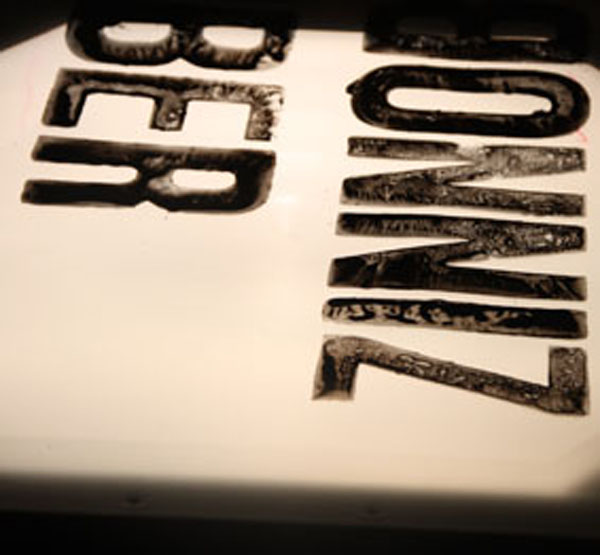
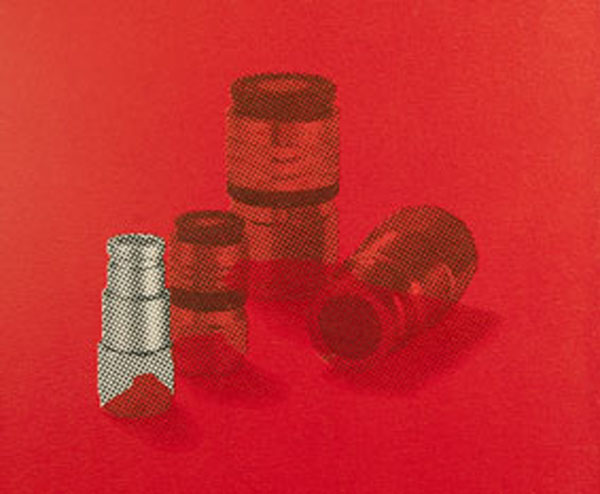
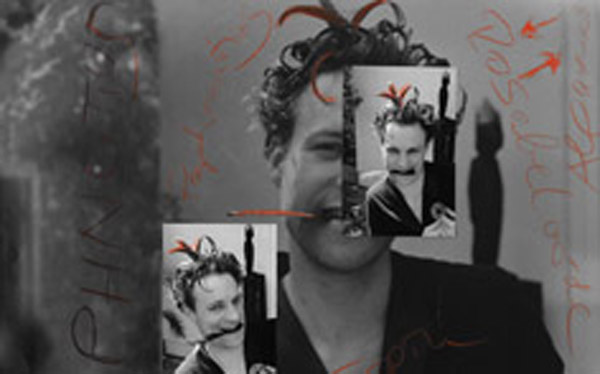
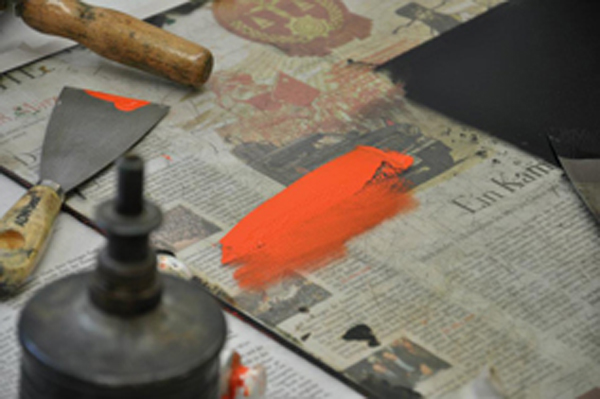
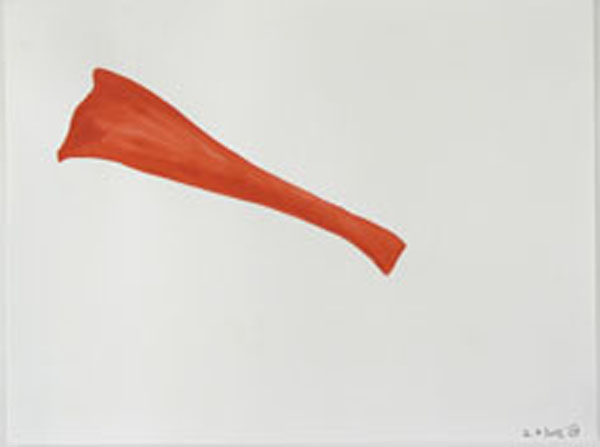
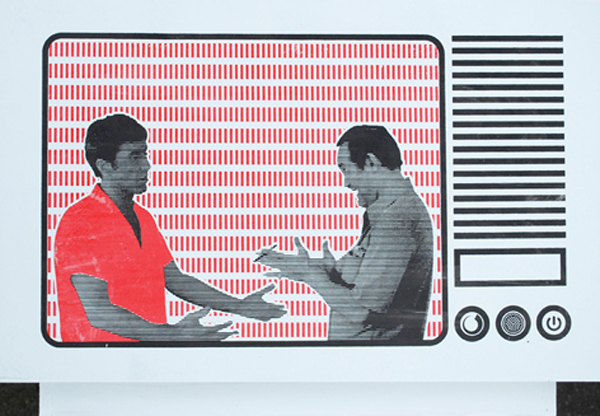
hosted by Misal Adnan Yıldız
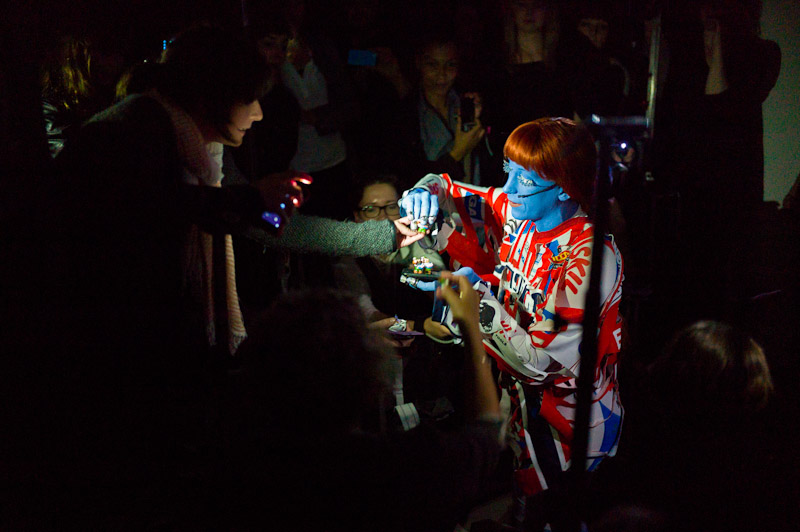
BANKLEER’s works and projects are distinguished by the use of an exceptionally wide range of media and formats and the employment of different formal languages. The group’s activities defy easy classification and assignment: the spectrum extends from performances in public space and video installations, through sculptures and drawings, to editorial and curatorial projects. Almost all their work share an immediate reference to political and social developments, addressing current issues from a perspective defined by BANKLEER’s anti-capitalist views and their critique of economic structures. This monograph features in depth essays on the collective’s work as well as an annotated image section, which highlights BANKLEER’s recent project and deployments.
Experimenting with circulation of knowledge, image transfer, mobility, time management, contextuality, and the constitution of a given (local) audience, Critical Voices aims at creating a dynamic discursive environment in two neighboring German cities, Stuttgart and Munich. The project is a collaboration, yet reflects each location’s specific programming policy: At Künstlerhaus Stuttgart, Critical Voices complements a series of solo projects entitled ARTISTIC DIALOGUES and at PLATFORM3 it is part of this year’s engagement with the “spectator”.
Critical Voices will investigate how diverse critical practices approach an audience and how the presence of the spectator, the temporality of his/her gaze and potentiality of his/her participation shape artistic and curatorial content. Each keynote speaker will present his/her work in both cities, thus playing with the different local contexts in Stuttgart and Munich: The initial encounter with a given audience in the first city will set a point of reference for the guest speaker’s presentation in the second city.
In cooperation between PLATFORM3 and Künstlerhaus Stuttgart.
Project spaces for contemporary art
Kistlerhofstr. 70 (Haus 60/3rd floor)
D-81379 München
Tel: +49-89-324 9009-0
www.platform3.de
directions: station Aidenbachstrasse U3, busses 51/53/136/N40, 10 minutes from Sendlinger Tor
Berlin based artist Johannes Paul Raether (born in 1977) creates unlikely characters that have taken on lives of their own and multiple identities. The characters move in time through several appearances in various settings. Raether collects, edits and organizes text material according to how the characters carry out their missions. Each character has their own set of skin colour, material, fabric and performative objects.
Raether approaches the form of solo exhibition with a critical question of how certain elements of stage such as props, light and methods of theatricality relate to an exhibition installation and a program. He describes making an exhibition as “producing a sequence of situations rather than an arrangement of objects.”
For the solo project at Künstlerhaus Stuttgart Raether will engage with two of his recent characters: Transformella, who first appeared in 2010, and Protektorama from 2011. During the exhibition context the two characters become “one of her sisters.”
Protektorama is a the world-healing witch, a smurf-like figure with a cheat sheet, a little ritual case and a ceremonial wand. She occupies a world healing forest, a dark anti-capitalistic cult spot that resembles an arena – or possibly an exercise machine – and also functions as a smartphone-film-studio. The witch declares Marx a sorcerer, a Kinder surprise egg transforms into a Voodoo doll, while the film maker Maya Deren is witness to a journey through the history of markets, money and the value-form. The abstract principles of the capitalist relations of production have slipped into the dead products like Japanese spirits – into all things and beings. They circle the globe in mega-commodity streams while the world-healing witch attacks this ghostly and irrational empire with her rather anti-climatic and ineffective counter-spell.
Her older sister Transformella calls herself ‘Queen of Debris,’ blown backwards into the future of reproduction. She appears on the scene wearing a coat made from baby-strollers, a latex suit and a 3D printer that is self-printing. In a tour de force lecture, involving rubber, milk and latex-lotion, she illuminates the complex issues around industrial human reproduction, the self-replication of machines, liberal eugenics and the collective imaginations that frame trans-human capitalism. She resumes with a proposal on how to surpass the limitations of the traditional family model by surrogate pregnancy and genetic engineering to extract the emancipatory moments of a capitalist technological progress.
The show is based around transformation: the status of objects in the exhibition space changes according to their status of being used as a performance object, a prop or a sculpture. The installation changes according to the setting the character needs, the status of live performance or documents of performing and how the artist himself transforms into fragments of reality of the two different characters.
Photography: Bernhard Kahrmann


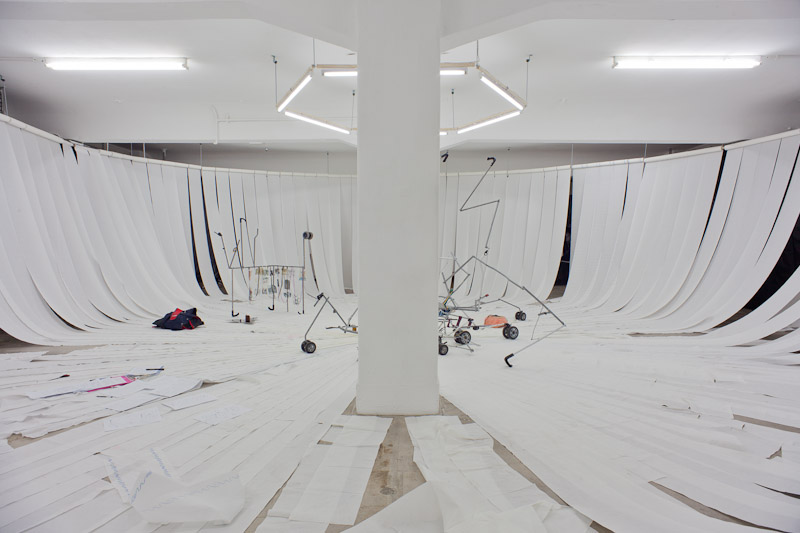
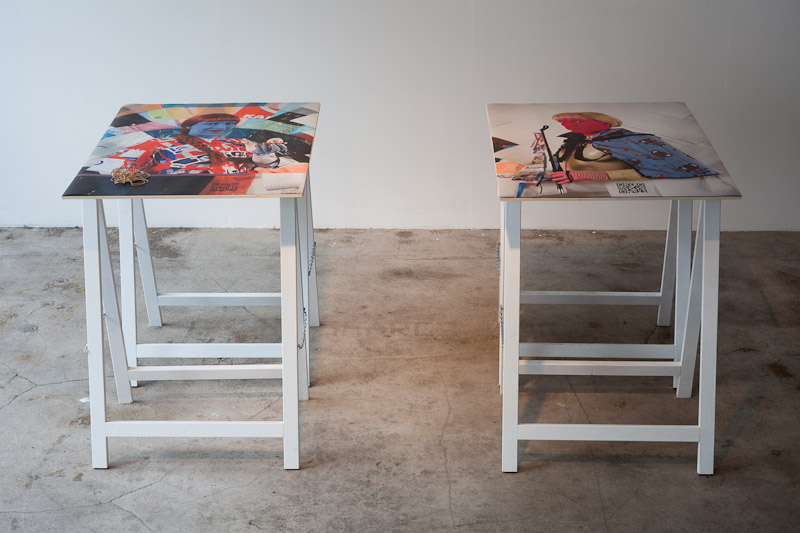


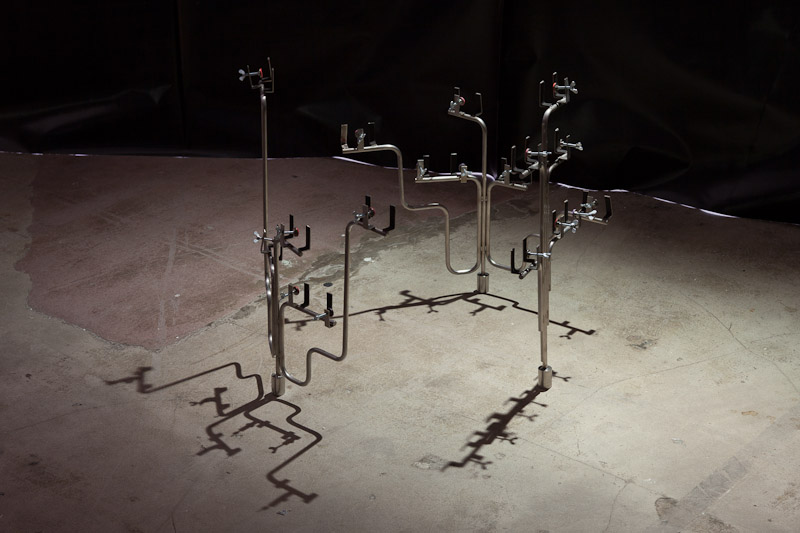
Exhibition closing party in the framework of the screening program AYE dunkelblau – part one at Parrotta Gallery
An evening with Susanne Winterling and Yusuf Etiman at Künstlerhaus Stuttgart presenting a screening of diverse films including Le Chant de Styrene by Alain Resnais.
Le Chant de Styrene is an image film commissioned by the plastic industry realized by latter grandmaster of cinema Alain Resnais in the year 1958 featuring a silky camera work by Sacha Vierny already recognizable then in this early stage and technical context, a flamboyant hymn of praise in alexandrine verses by Raymond Queneau and an algorithmically composed original score by Pierre Barbaud.
Taking this witness of time when plastic promised a revolutionary future as a starting point, this screening compiles diverse short films, music clips and commercials as an intermediate survey of a research about the interplay between the (female?) body and technology, about things natur(al) and art(ificial), about rotatable and stretchable parts, about attraction and desire, advertisement and coupling and so many things more – naturally also in this case all is spontaneously optional.
The complete program of AYE dunkelblau will be screened that day until 9pm at the Black Box of Parrotta Gallery.
Clemens Krümmel will provide an illustrated analysis of several motives from the Japanese film Nowhere Man as well as talk about the aesthetics of enlivened stones by showing clips from other films and works.
After the lecture, the film Nowhere Man will be shown. It is centered on a manga artist who chooses to quit his commercialised profession and starts to run a stone shop. Nowhere Man is the direction debut of actor Naoto Takenaka. It is based on a famous manga by Yoshiharu Tsuge and was awarded the Fipresci prize at the Venice Film Festival in 1991.
Nowhere Man (Muno no hoto)
Japan 1991, Japanese with English subtitles, 107 min
director and leading role: Naoto Takenaka
Internationally recognized Berlin based Swedish artist Annika Eriksson’s solo exhibition project The Trilogy opens at the 4th floor of Künstlerhaus Stuttgart with new works.
The show is the latest chapter in the ongoing series ARTISTIC DIALOGUES and comprises a trilogy of videos, including the premiere of Eriksson’s new work, It did happen soon (2012) alongside the recent video installations Wir sind wieder da (2010) and Wir Bleiben/The Last Tenants (2011).
The works are realized as an ongoing dialogue with times of transition, here explored both through moments of resistance and disobedience as well as times of exhaustion and passivity. In the realizations of these three works, Eriksson has used Berlin, where she lives and works, as a starting point and as a place where science fiction as a time warping device can be put to work.
The new video work, It did happen soon, emerges from research done into the writings and experiences of iconic Berlin based collective Kommune 1, often described as Germany’s first politically motivated commune. Here the experiences of some of the leading figures and of the movement are pushed into temporal ambiguity as the narrative around the desire and drive for transformation is transported into an ambiguous time and space. Here documentary material merges with material from science fiction narratives in a three-part loop delivered by a young actor.
A similar sense of time being broken down, non descript of lost can be sensed in Eriksson’s video installation of Wir sind wieder da. In this work, the viewer is confronted by a group of Berlin punks hanging out in a seemingly endless dark space. As one of the key local figures of the Berlin identity, the punks manifest their position with “doing nothing.” In the piece, failure as success appears as the motto in the subtext, and the glamour comes with smoke and wind. The punks appear like ghosts, but are still able to give us a feeling about future scenarios of how the tomorrow could be imagined.
Wir Bleiben/The Last Tenants is based in a grey seemingly unassuming house in Berlin-Mitte where the artist used to live for some years. The house was built in 1755, and has survived through centuries, decades, and two World Wars. At the time of shooting Wir Bleiben, however, the building was waiting for a total transformation as it was to be redeveloped into high-end private flats. Portraying the last four tenants of the building, the piece is based on their decision and resistance to claim their rights to stay.
The Trilogy is kindly supported by IASPIS and the Honorary Consulate of Sweden, Stuttgart.
For the production of It did happen soon the artist would like to thank: Camera and edit: Philip Fleischer
Actors: Jan Hallman and Nikolas Deutsch
Production manager: Egemen Demirci Special thanks to: Frank Berberich, Maria Cruz, Olle Eriksson, Fatima Hellberg, Michael Krome, Selina Lai, Rainer Langhans, Lettre International, Elisabeth Pallentin, Rotes Antiquariat Berlin, Guido Schirmeyer, Skulpturenpark Berlin, and Paul Stöcker.
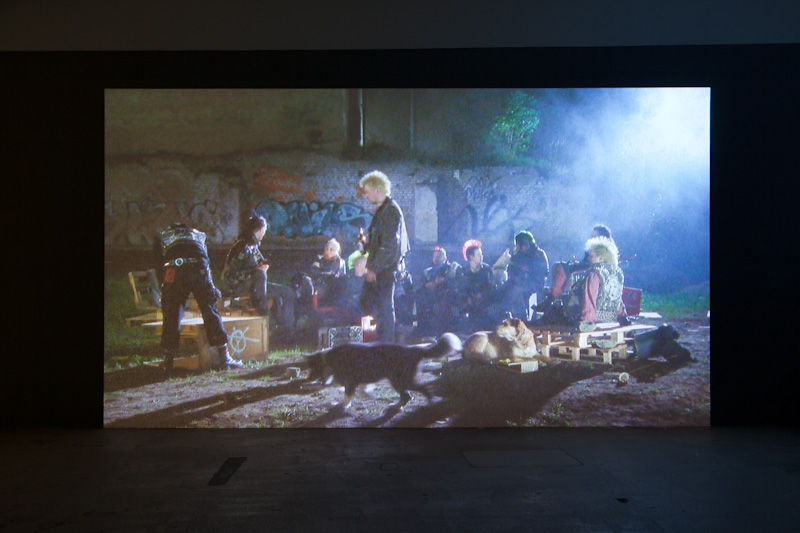
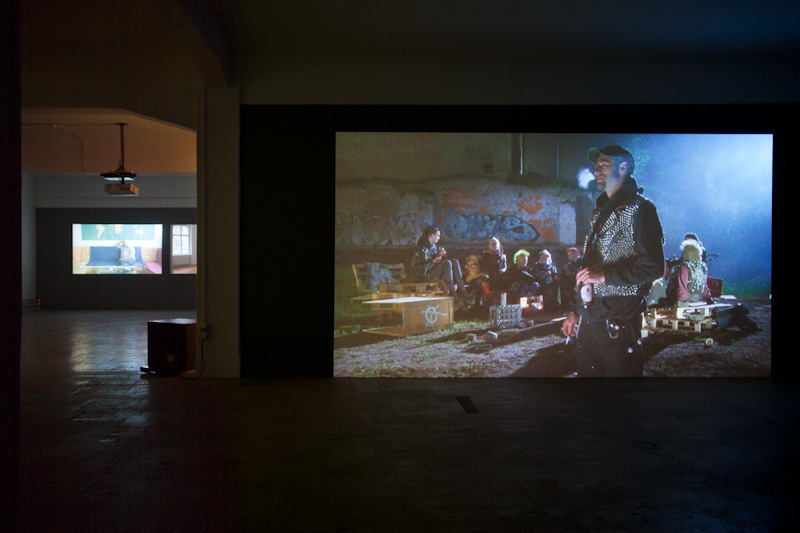
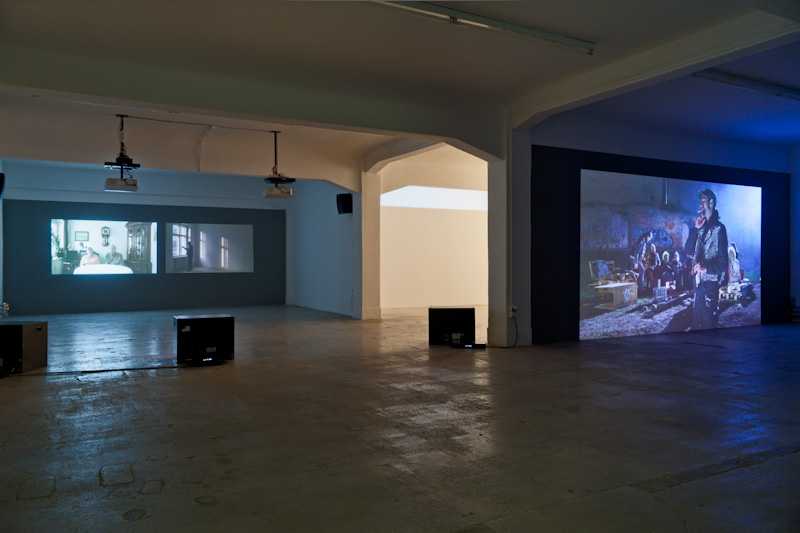

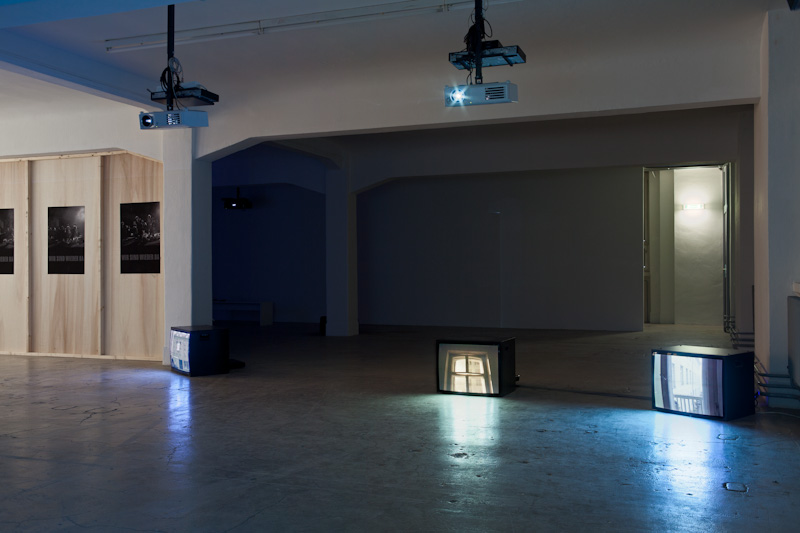
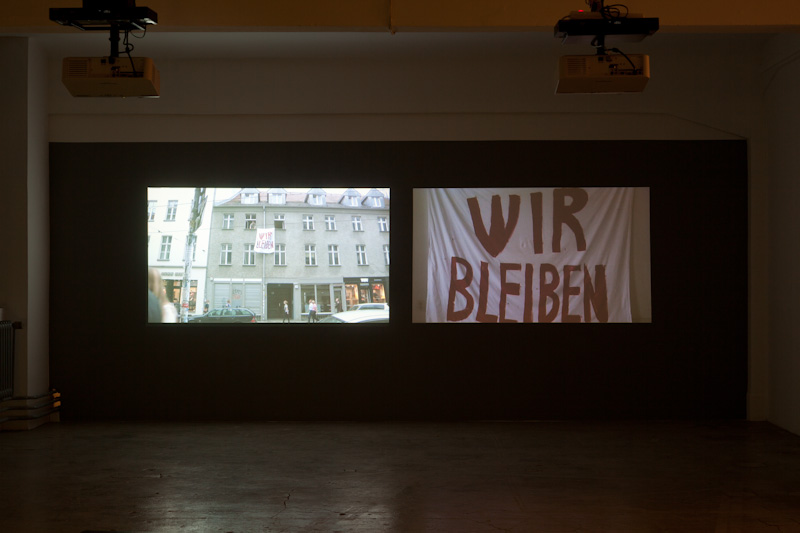
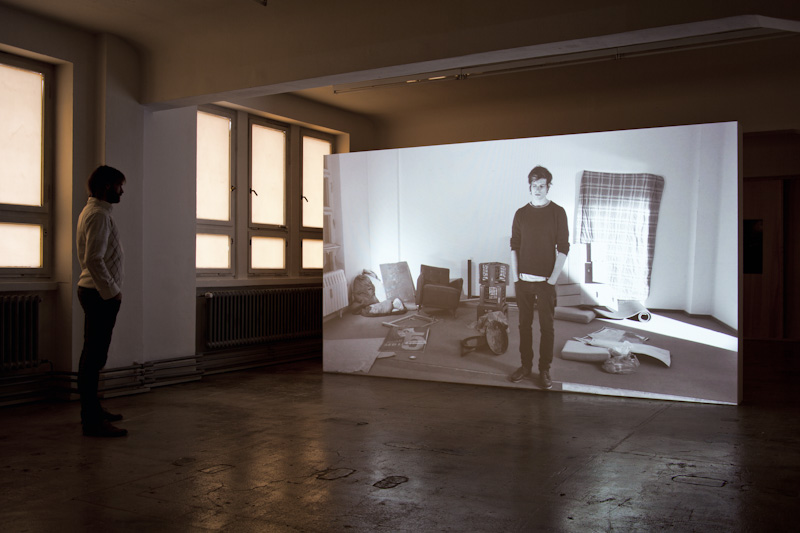
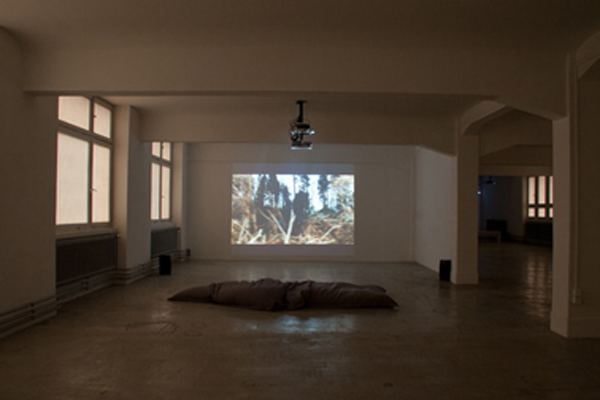
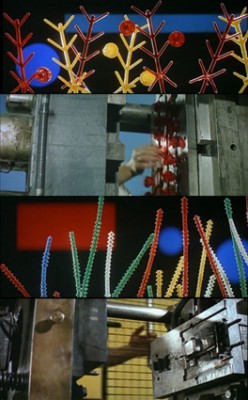
As part of the solo project Dreamland, Cairo based curator and participant of dOCUMENTA (13) Sarah Rifky will present a screening program, State of Fluidity, co-curated with Maha Maamoun. The audience will then be invited to question how the reading and reception of film changes from standing alone as a work in an exhibition to becoming part of a screening program.
Curatorial Exhibition Tour with Adnan Yildiz.
Künstlerhaus Stuttgart is pleased to present Florian Zeyfang’s first solo exhibition in Stuttgart.
The exhibition Stones is a continuation of the Stuttgart-born artist’s long-term preoccupation with experimental forms of moving images and narration, showing the results of a new body of work, which takes up Zeyfang’s fundamental question of the use of media and the reflective breaking up of media.
Archives, still moving images and reduction serve as the central starting points for the exhibition. Stones seem to defy the quality of moving images; they are lifeless and yet charged with time and history. From a linguistic and terminological point of view the term “stone” covers a wide range of appearances. Zeyfang approaches the different forms of stones at the site where he finds them or uses images of processed stones forming parts of a city archive for his video and slide projections. Both as remnants of a city and as erratics, stones shape a time frame which, owing to its size, can hardly be perceived or depicted.
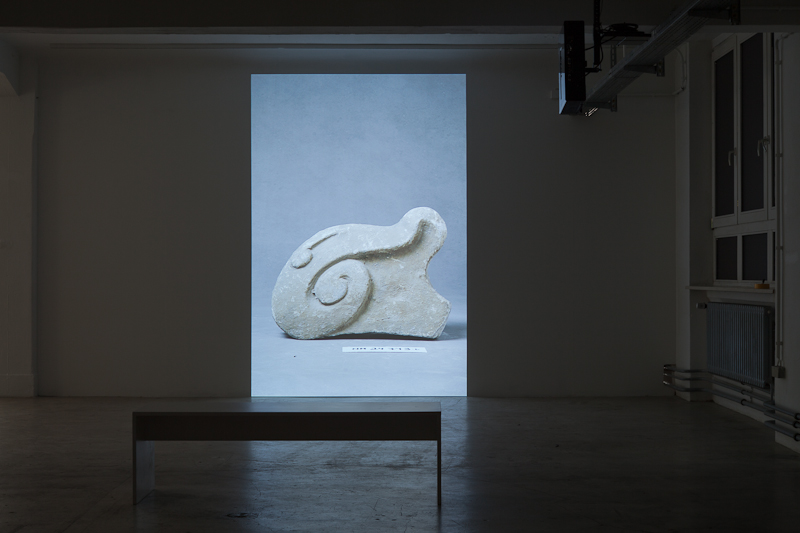
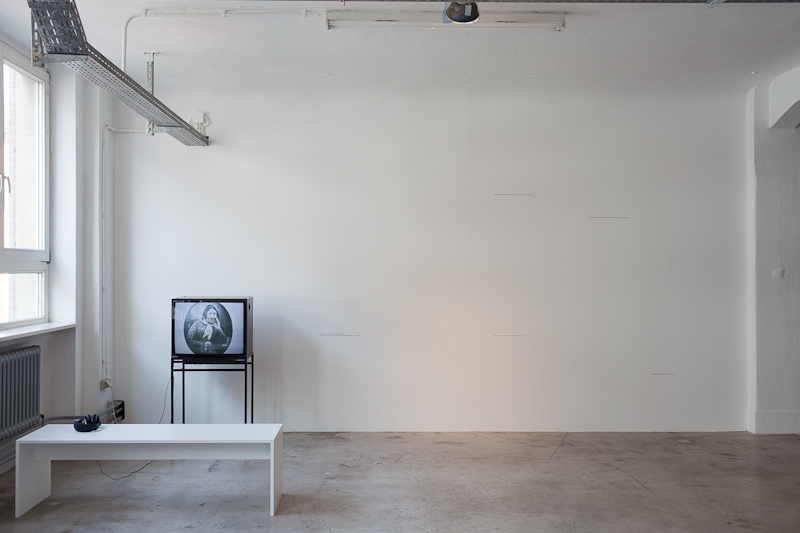


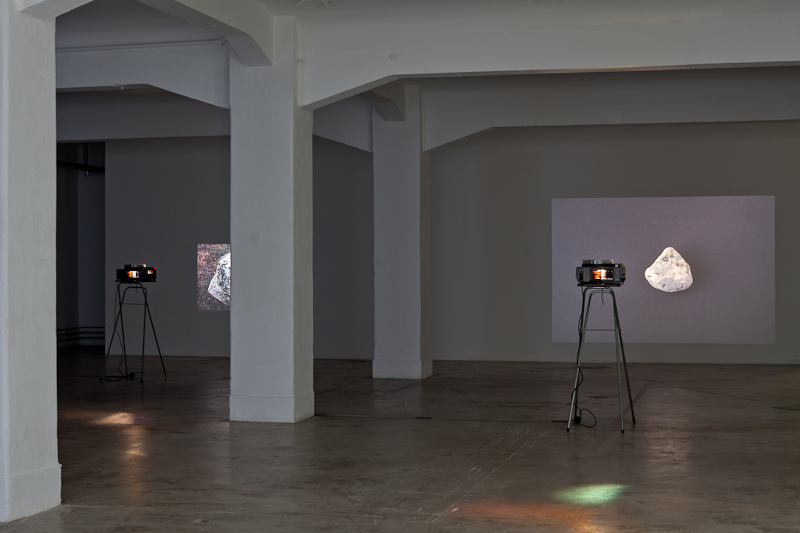
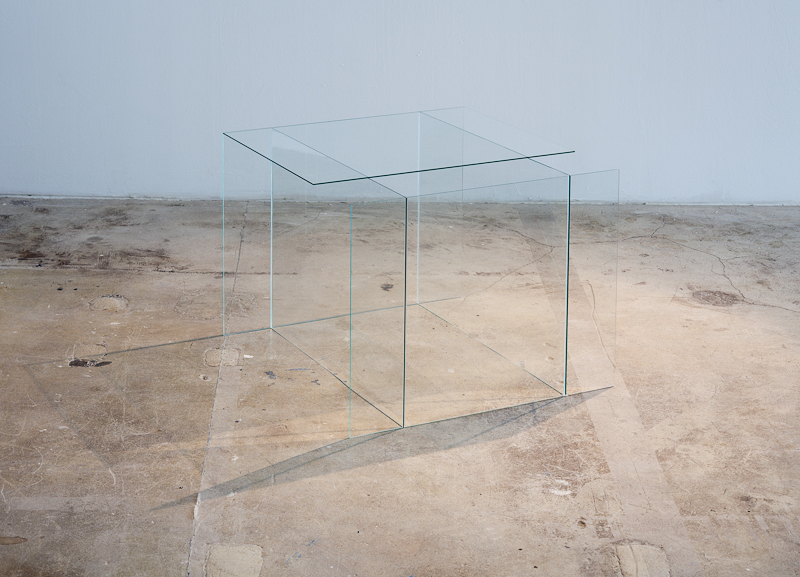
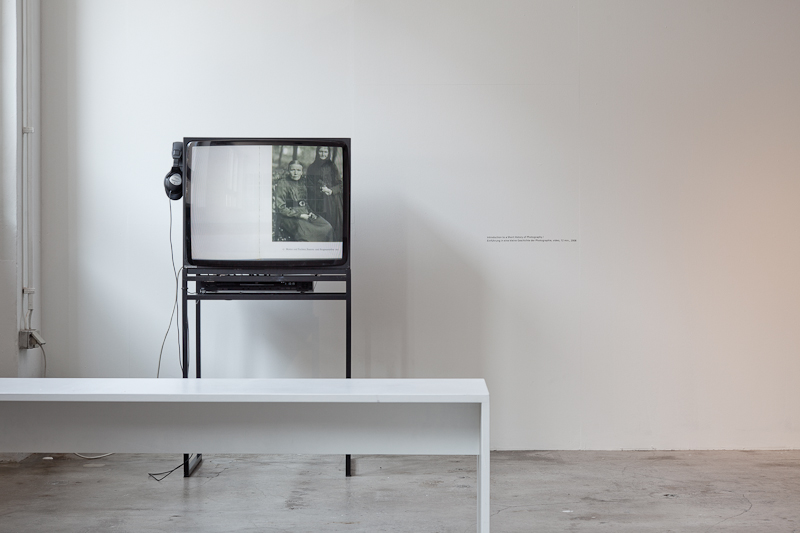
Curatorial Exhibition Tour with Adnan Yildiz
Künstlerhaus Stuttgart presents Solmaz Shahbazi’s first solo show in Stuttgart.
As a graduate of the Stuttgart State Academy of Art and Design, Shahbazi will be presenting a selection of her video and photographic works from the recent years.
With Persepolis (2005), the exhibition Dreamland at Künstlerhaus Stuttgart will be presenting the third part of Shahbazi’s Tehran Trilogy as well as the photo series Dreamland Cairo and a video with the same title which was completed in 2010. The exhibition also showcases two of the artist’s work-in-progress pieces.
Photography: Bernhard Kahrmann
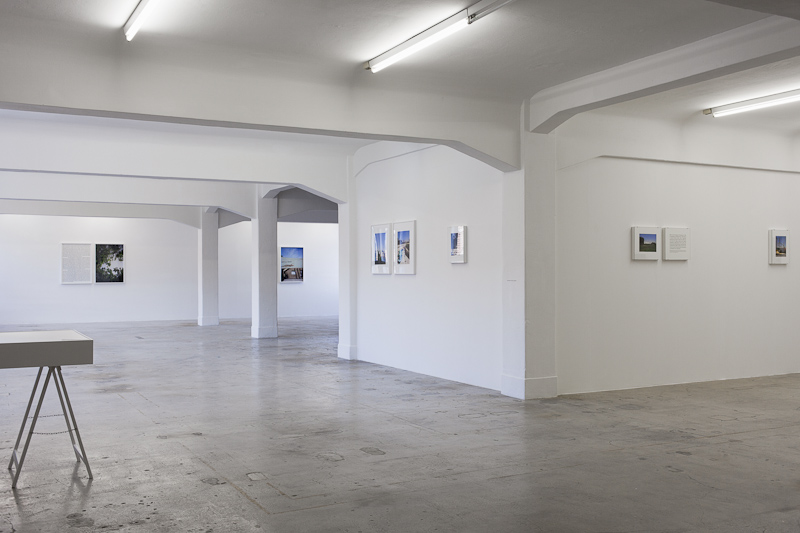
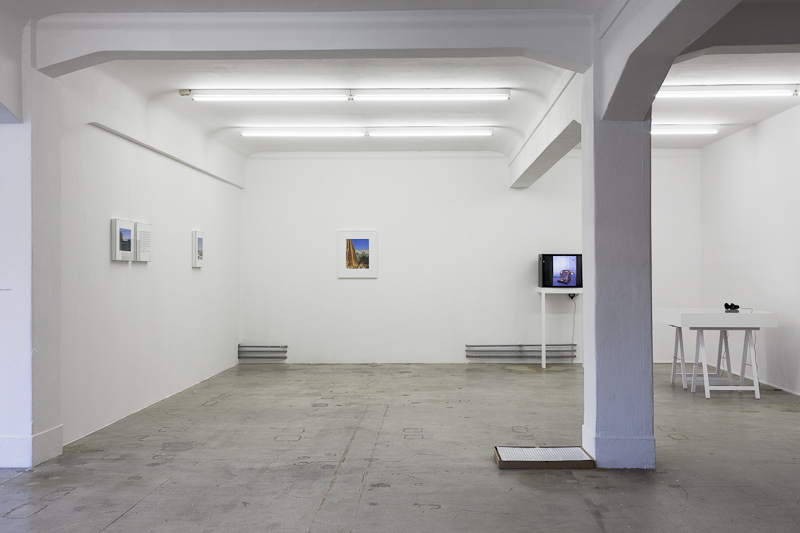
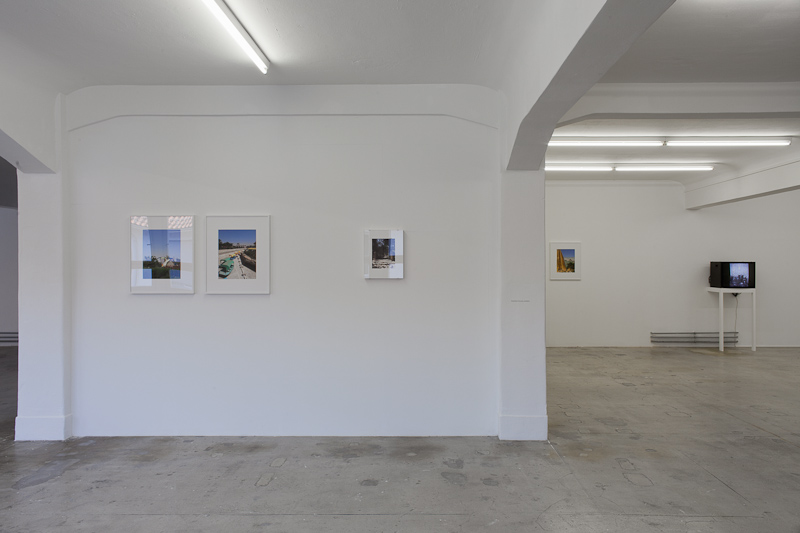
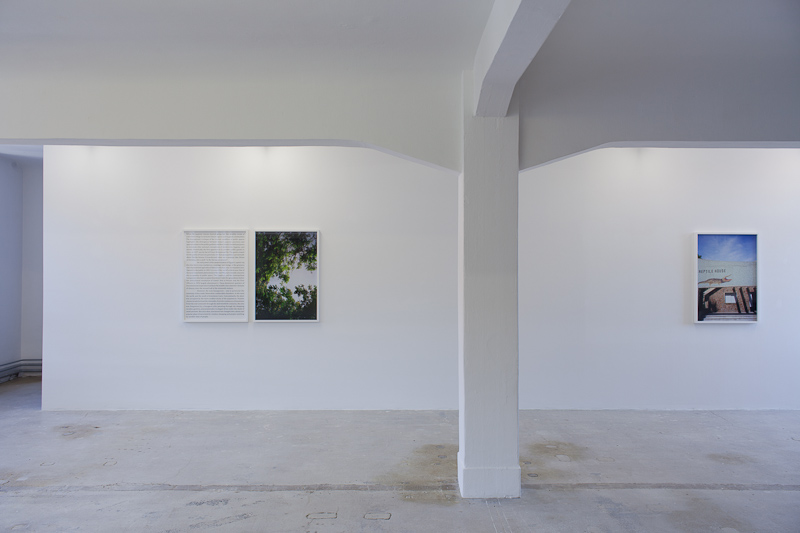
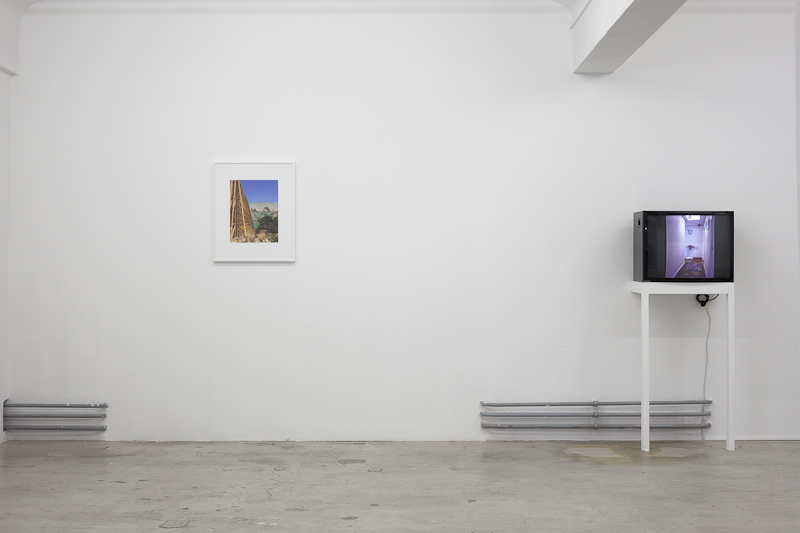
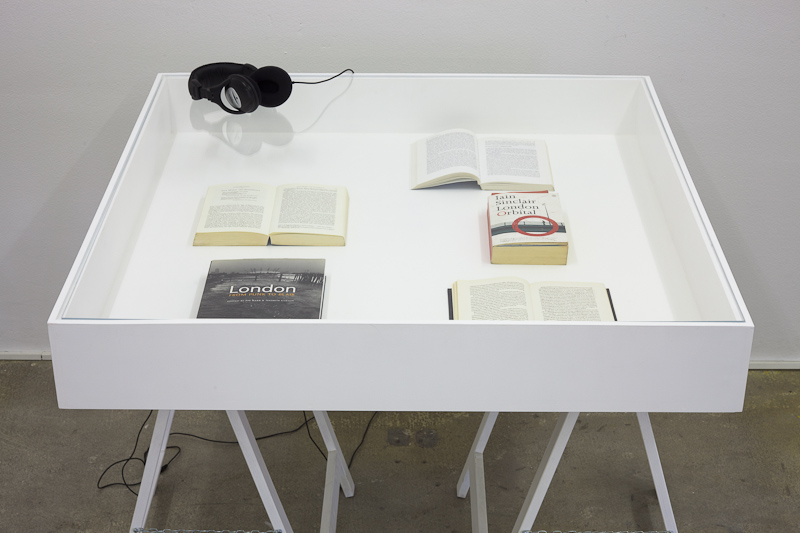
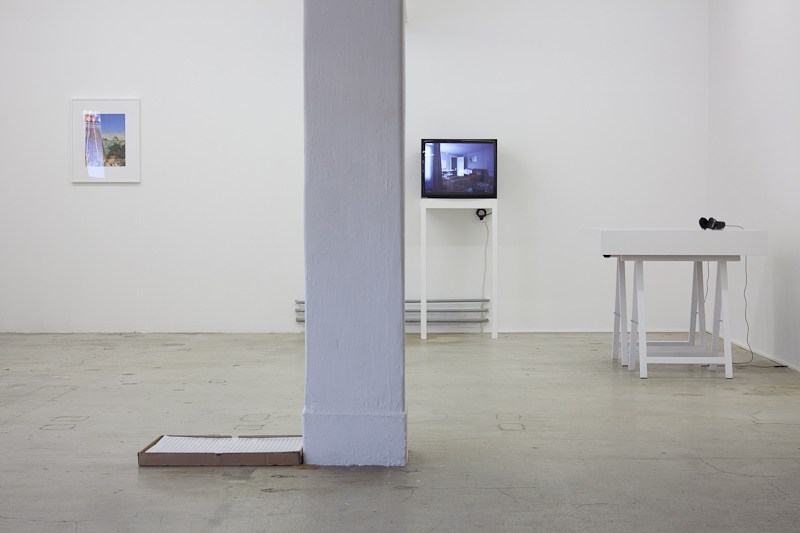
On the occassion of the exhibition Michel Majerus at Kunstmuseum, Kuenstlerhaus offers an all day screen print workshop on two dates. The attendants will get special insight into the techniques and the possibilities of the artistic way of producing screen prints. Under instruction, there will be the chance to produce orignal works on the basis of self-made patterns.
The workshop will be followed by a guided tour through the Majerus exhibition at Kunstmuseum, which highlights the artist’s screen prints.
mind. 3, max. 6 persons per workshop
Costs per person: €125 / reduced €95 (including materials, excluding entry fee to Kunstmuseum)
In cooperation with

This year’s program at Künstlerhaus Stuttgart ends with a film screening and an open discussion about “public domain and future visions.” Misal Adnan Yıldız will share his notes on his ongoing research project Future Audience and present some film references, which are public domain contents related to modernist narratives of science fiction and diverse models of utopian thinking.
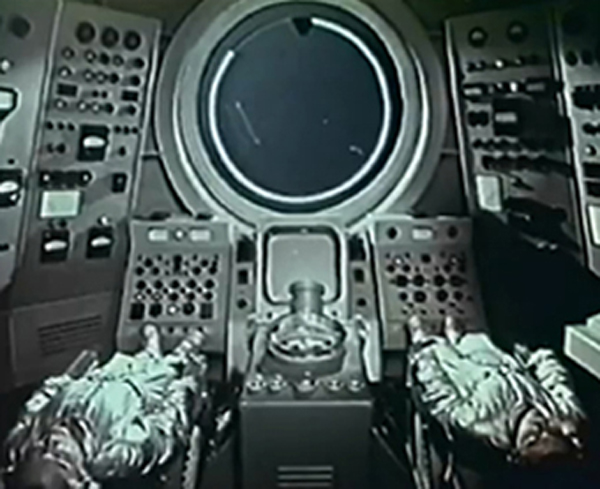
With works from:
Nevin Aladag, Erdag Aksel, Benjamin Badock, Mathias Beckmann, Hagen Betzwieser/Sue Corke, David Blandy, Byung Chul Kim, Anne-Lise Coste, Discoteca Flaming Star, Marc Dittrich, Annika Eriksson, GFS, Nilbar Güres, Claude Horstmann, JAK, Bernhard Kahrmann, Inga Kerber, Karima Klasen, Dieter Krieg, Steffen Kugel, Anja Luithle, Matthias Megyeri, Eleonora Meoni, Gabriela Oberkofler, Ahmet Ögüt, Dan Perjovschi, Johannes Paul Raether, Rock und Bluse, Simone Rueß, Yorgos Sapountzis, Eva Schmeckenbecher, Slavs and Tatars, Robert Steng, Erik Sturm, Chen Wang, Sylvia Winkler/Stephan Köperl, Georg Winter, Ming Wong
and many more
Künstlerhaus Stuttgart initiated a large-scale SOLIDARITY AUCTION taking place in the form of a “SILENT AUCTION” as well as a LIVE AUCTION on Saturday, December 10, 2011.
In its history of more than thirty years, Künstlerhaus Stuttgart has developed into a renowned institution, both regionally and internationally. Despite increasing economic difficulties, it is our goal to continue to provide a dense and challenging quality program. Hence, we are constantly seeking for alternative ways and possibilities to fund our program.
For this reason, Künstlerhaus Stuttgart gathered selected works from international and Stuttgart based artists to be auctioned off in a “SILENT AUCTION” and followed by a LIVE AUCTION & Party on December 10. All the works have been generously donated to provide additional funding for Künstlerhaus Stuttgart.
In addition, the Stuttgart-West galleries Parrotta, Friese, and Hauff as well as Galerienhaus Stuttgart each provide one piece for the auction as well.
The Auction Sneak Preview is open to the public at LINIE WEST No. 5 on Tuesday, December 6, 2011, 6–8pm. The complete catalogue of works and price lists will be available there.
LINIE WEST No. 5: Auction Sneak Preview
Tuesday, December 6, 2011, 6–8pm
Künstlerhaus Stuttgart: Reuchlinstraße 4b
Galerie Parrotta: Augustenstraße 87-89
Galerie Klaus Gerrit Friese: Rotebühlstraße 87
Galerie Reinhard Hauff: Paulinenstraße 47
Künstlerhaus Stuttgart wishes to thank all the participating artists, Parrotta Gallery, Klaus Gerrit Friese Gallery, Reinhard Hauff Gallery, and Galerienhaus Stuttgart for their generous donations as well as ICI New York for their consultative support.
On Saturday morning, November 5 2011, 10am, Künstlerhaus Stuttgart hosted the first Curatorial Breakfast with Dorothee Richter, Head of the Postgraduate Program in Curating at Zurich University of the Arts, and postgraduate students themselves from Zurich University of the Arts as well as curators, artists, and art historians aiming to exchange our experiences and ideas under several topics related to some common contextual references.
The focus of this open platform was based on a key question: How do curatorial tools, alternative ways of exhibition-making, and critical positions survive in different cultural contexts?
The discussion started with an introduction from Adnan Yildiz and Dorothee Richter and inputs by students to create a discussion ground around some terms such as contextuality, localization, and context-sensitivity. After the discussion, Yildiz gave the participants a special tour through the current exhibitions from David Blandy & Nilbar Güres.
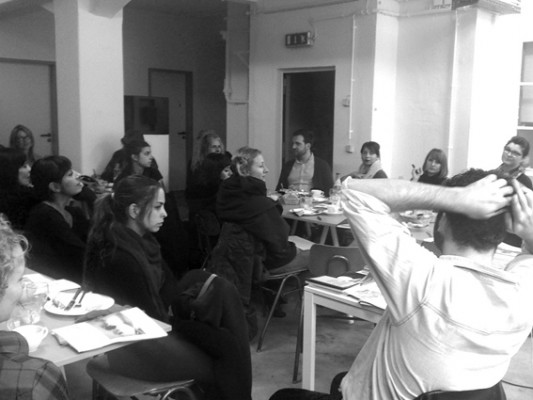
Guided tour through the exhibition with Regina Fasshauer, Curatorial Assistant at Künstlerhaus Stuttgart.
Tour will be in German.
Künstlerhaus Stuttgart presents the first comprehensive solo exhibitions from David Blandy and Nilbar Güreş in Germany. David Blandy’s solo show Child of the Atom transforms the 2nd floor of Künstlerhaus Stuttgart into a movie theatre for cinematic experiences. Nilbar Güreş’ monographic exhibition Self-Defloration on the 4th floor aims to display the diversity of her practice with a focus on a narrative approach to gender issues.
Both solo shows are presented within the framework of ARTISTIC DIALOGUES, a series of solo exhibition projects at Künstlerhaus Stuttgart that bring interrelated contexts, parallel discussions, and juxtaposed ideas together through diverse artistic practices.
In relation to recent discussions about the atomic energy production in Germany, Künstlerhaus Stuttgart is pleased to show his recent work Child of the Atom (2010) as part of other selected video works in a cinematic atmosphere. Discussing his video piece, Child of the Atom, Blandy states: “There is a familial myth that my late grandfather would not have survived being a Japanese prisoner of war had the atomic bombing of Hiroshima not occurred. So it could be argued that I owe my existence to one of the most terrifying events of human history and the death of 110,000 people.”
Güreş’ Çırçır series (2010), exhibited at the 6th Berlin Biennial, takes place in a neighborhood confiscated by the state in İstanbul, undergoing a problematic urban transformation. Women who live in a migrant culture dominated by a patriarchal structure are re-liberated as they stir up our collective consciousness in these open-ended scripts where they play the lead. In her collage work, Self-Defloration (2006) a female figure, who commits the act of self-defloration, is depicted with an abstract form of reference to the third gaze. Güreş directly declares that she is mostly interested in how women will receive her work, and she thinks that how men approach to her work also gives an idea about their attitude to gender issues. Currently, Künstlerhaus Director Adnan Yildiz is working on a publication project about Güreş’ practice which will be printed by RAMPA Gallery, Istanbul.
Both solo projects from David Blandy and Nilbar Güreş borrow their titles from singular works, Child of the Atom and Self-Defloration, reflecting on how the artists position themselves in relation to their personal issues, political attitudes, and existentialist concerns. Considering how Güreş instrumentializes theatricality as a strategy for developing an open script, Blandy uses the history of cinema and references from pop culture to create his meta-narration.
Child of the Atom was made with kind support by Daiwa Anglo-Japanese Foundation and Arts Council England.

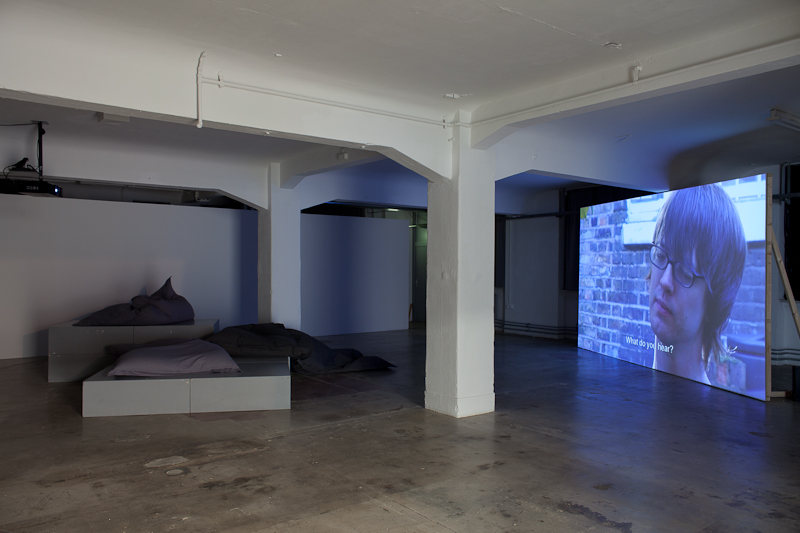
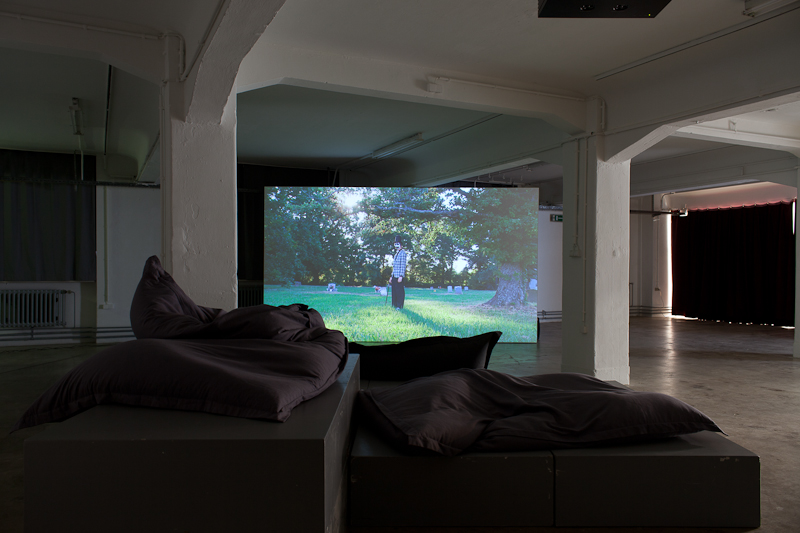

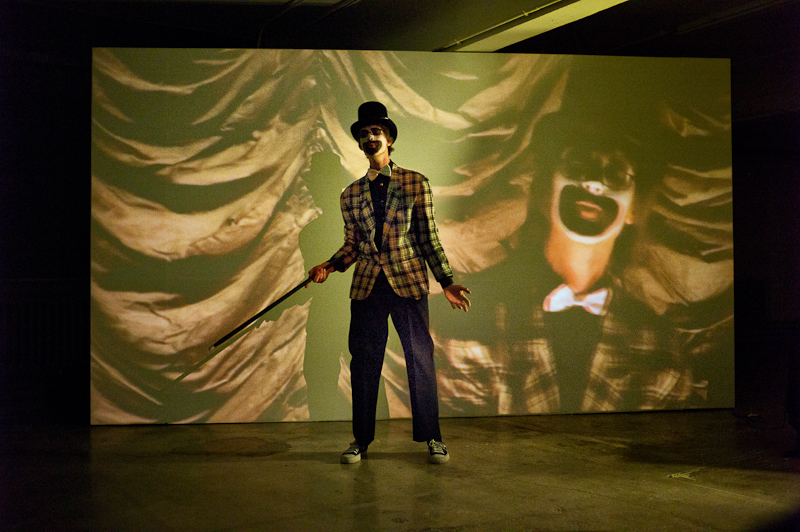
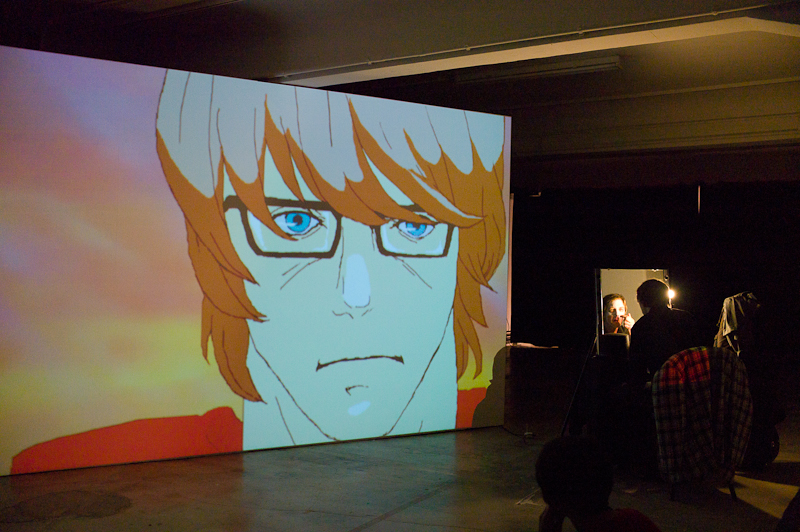

The exhibition STUTTGART, HOW ARE YOU DOING? puts a specific focus on the artistic research and production in the city of Stuttgart. The exhibition sets out to investigate artistic positions and statements, which develop global perspectives on the local context. Thirty three years ago Stuttgart based artists founded Künstlerhaus Stuttgart as an independent art space. Since then, it has developed into one of the most significant experimental platforms in Germany, especially regarding the conceptual diversity of artistic contributions and curatorial research. The curatorial team of the exhibition Adnan Yildiz, Michael Birchall, and Regina Fasshauer are interested in reconstructing those artistic motivations and curatorial experiments, which form the house’s history and its identity. Connecting its historicity to the present context of Künstlerhaus Stuttgart, the exhibition raises the question, STUTTGART, HOW ARE YOU DOING? as a reflexive form of dialogue – bringing together selected works at different levels of research: new projects developed through studio visits, field survey, archive material and an open call. The curatorial team’s interest from the beginning was “an open process, through which the title hints to critical aims to initiate a dialogue with the city”.
Following the research process the curators observed a tendency within the works, an emerging critical perspective concerning the social agenda of the city. For example: The Sun Dies Anyway from Hagen Betzwieser and Sue Corke develops a mechanical setting as a critique of the use of solar energy ironically making it possible to become tanned inside the gallery through the use of a solar powered solarium. Anahita Razmi’s Miss Atomic Bomb refers to a series of propaganda photography of the 1950s, developed by the United States government to sexualize their Atomic bomb program. Sylvia Winkler & Stephan Köperl’s project, Stiefkind ZOB (“Stepchild Central Omnibus Station”), looks at the new bus terminal which has been moved to the periphery of the city with its marginalized community; it functions as an iconic stage and demonstrates how public space is controlled and regulated by neo-liberal politics. Dan Perjovschi’s outstanding drawings develop a critical view of the train station project “Stuttgart 21″, and are reprinted by Künstlerhaus Stuttgart’s Silk-Print Workshop in collaboration with Württembergischer Kunstverein Stuttgart; the limited editions will be available during the exhibition and the funds raised will support artists. During the exhibition program the residents at Künstlerhaus will open their studios, and the workshops will display their new productions. Parallel to the exhibition Künstlerhaus Stuttgart invites its audience to make visits to the non-profit art spaces such as – Oberwelt e.V., Self Service Open Art Space, Hermes und der Pfau, Kunstverein Wagenhalle – to participate and reflect on their program as well as to launch a new project space at Senefelderstraße 67, 10m2. A comprehensive program of events featuring performances, presentations and discussions forms an essential part of the exhibition.
Curated by Adnan Yildiz, Michael Birchall, and Regina Fasshauer.
Künstlerhaus Stuttgart visits:
Monday, July 4, 8pm – Oberwelt e.V. (Reinsburgstr. 93)
Wednesday, July 6, 7-9pm – launch of the new project space 10m2 (Senefelderstr. 67/rear building)
Thursday, July 7, 7pm – Hermes und der Pfau (Dorten Haus, Christophstr. 5a/rear building)
Friday, July 8, 7pm – Self Service Open Art Space (Eberhardstr. 6/Eichstr.)
Wednesday, July 13, 7pm – Kunstverein Wagenhallen (Innerer Nordbahnhof 1)
Thursday, July 14, 8.30pm (ATTENTION: event delayed from 7 to 8.30pm!), Künstlerhaus 4th floor
“Looking Downtown: Politics, Art, Context”
lecture and panel discussion with Hans D. Christ, Iris Dressler, and Adnan Yildiz
Thursday, July 21, 7pm, meeting point Künstlerhaus 2nd floor
Curatorial Tour with Michael Birchall
in English
Saturday, July 23, 11am-8pm
LINIE WEST No. 4
Galleries Parrotta, Klaus Gerrit Friese, and Reinhard Hauff & Künstlerhaus Stuttgart
5pm, Künstlerhaus Stuttgart
Open Discussion: “Stuttgart West – What does this location mean for institutions and their audience?”
with: Dengler und Dengler, Galerienhaus, Gedok, Iris Hellriegel, Claude Horstmann, Oberwelt, Ellen Reis, Anja Rumig
moderation: Hannelore Paflik-Huber, Adnan Yildiz
7.30pm, Klaus Gerrit Friese Gallery
LINIE WEST SUMMER PARTY
with: Monsieur Mo Rio (Live Performance)
Thursday, July 28, 7pm, meeting point Künstlerhaus 2nd floor
Curatorial Tour with Regina Fasshauer
Finissage: Saturday, July 30, Künstlerhaus 2nd floor
5pm: Kunstbüro at Künstlerhaus Stuttgart – lecture and discussion with Ramona Dengel
7pm: Byung Chul Kim “3 min. Performance Contest”
Medienpartner:
Mit freundlicher Unterstützung durch:


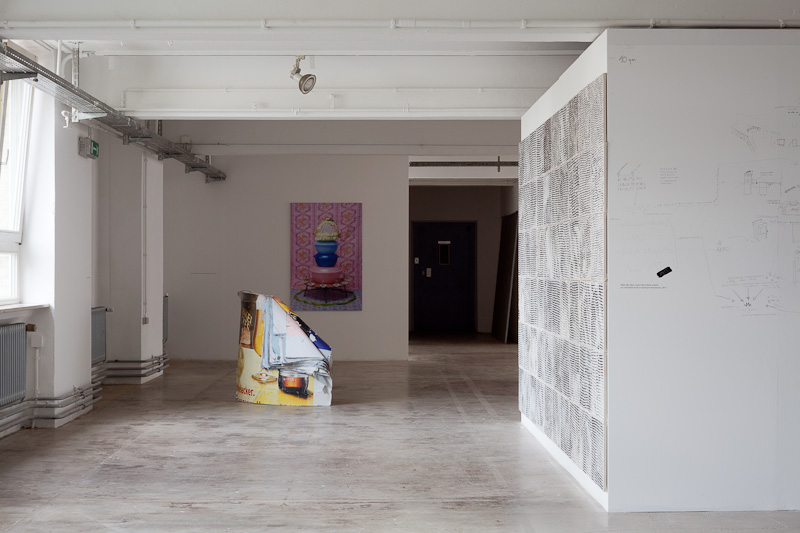
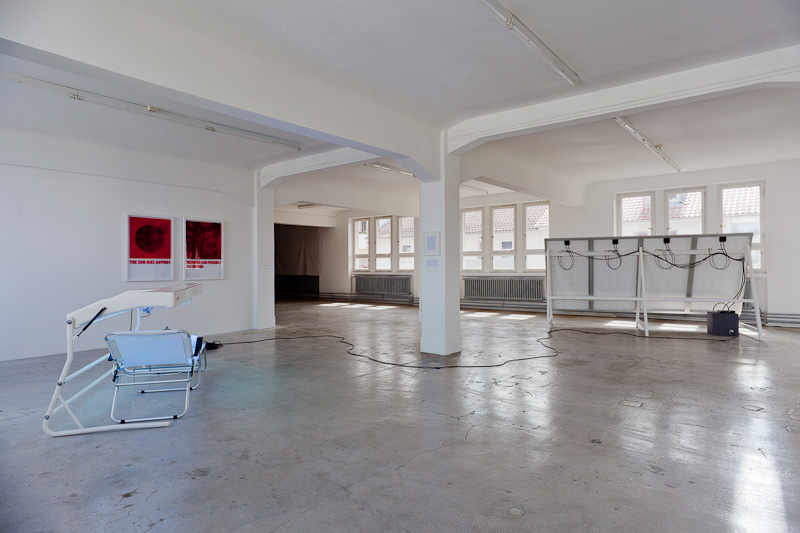

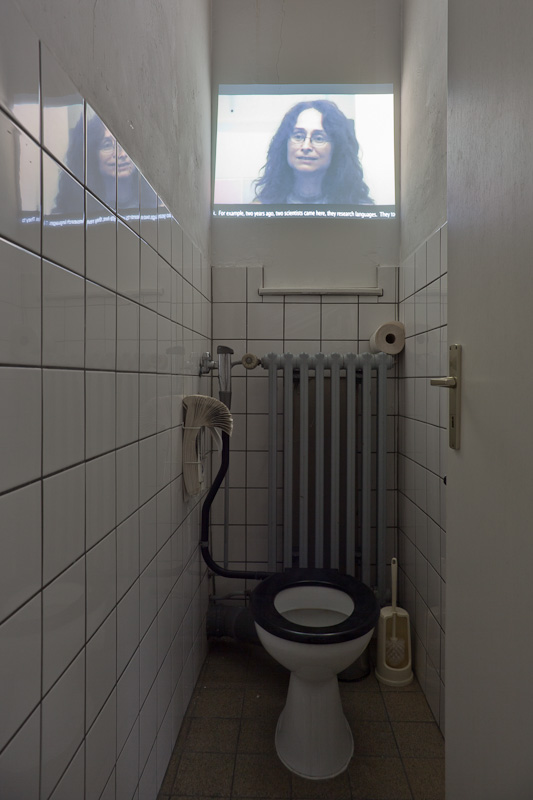
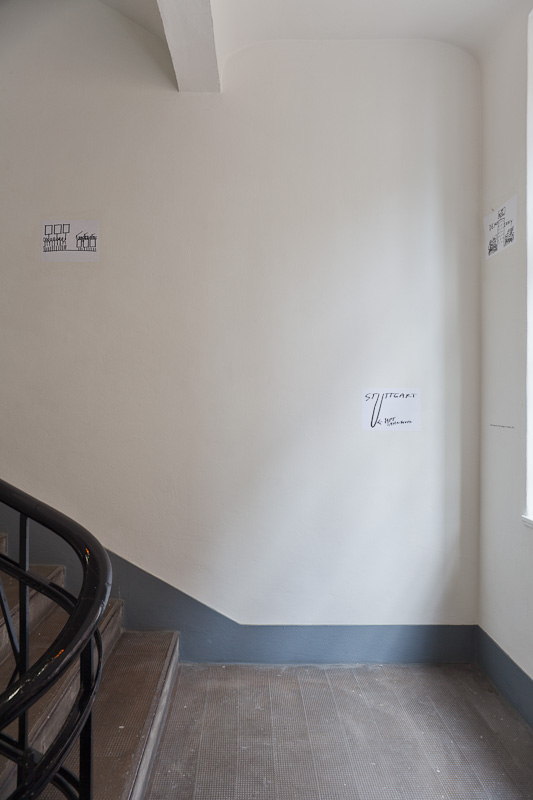
“The Nightmare of Participation/Spatial Enabling”
Markus Miessen & Misal Adnan Yıldız in conversation
(in English)
Welcome to Harmonistan! Over the last decade, the term “participation” has become increasingly overused. When everyone has been turned into a participant, the often uncritical, innocent, and romantic use of the term has become frightening. Supported by a repeatedly nostalgic veneer of worthiness, phony solidarity, and political correctness, participation has become the default of politicians withdrawing from responsibility.
Markus Miessen calls for a format of conflictual participation – no longer a process by which others are invited “in”, but a means of acting without mandate, as uninvited irritant: a forced entry into the fields of knowledge that arguably benefit from exterior thinking. Sometimes, democracy has to be avoided at all costs.
“Let’s get physical” is an open research proposal and development project starting with a series of talks, events and diskussions conducted by yvsl within the framework of Künstlerhaus’s summer show “Stuttgart, how are you doing?”. With a specific focus on the current and possible spatial conditions of Künstlerhaus Stuttgart, “Let’s get physical” aims at developing a future vision for the institution’s architectural realities and its connection with the city.
“The Story of Şener Özmen“ is the first solo show in the twenty one year artistic career of Kurdish artist Şener Özmen. This will be presented alongside the first monographic exhibition from Nevin Aladağ in her hometown Stuttgart, “Back to First Position“, bridging different cultural climates and challenging current political representations.
Both solo shows opening on Wednesday, April 20, 7pm, are presented within the framework of ARTISTIC DIALOGUES, a series of solo exhibition projects at Künstlerhaus Stuttgart that bring interrelated contexts, parallel discussions, and juxtaposed ideas together through diverse artistic practices.
Both solo projects from Şener Özmen and Nevin Aladağ share conceptual grounds by challenging the ways of looking at culture and identity. Both practices focus on the individual positions pointing at the social realities behind territories, categorizations and partiality.
Through their practices brought together in a parallel show, stories from Kurds in Turkey or Turks in Germany, music from Istanbul and Diyarbakir’s landscape as well as two different styles of humor and irony will crash into each other.
For their support in research and production for ARTISTIC DIALOGUES I, Künstlerhaus Stuttgart would like to extend profound thanks to:
Prolab, Stuttgart / WiesingerMedia, Stuttgart / Eidotech, Berlin / Edition Taube, Stuttgart / Outlet Istanbul / Michael Birchall / Halil Altindere / Cengiz Tekin / Zelal Özmen / Egemen Demirci / the Aladağ family
Thanks also to Vasif Kortun’s exhibition series “Recollection/Memory I” (Istanbul: 1993, …) for providing the contextual base that operates as a reflexive tool regarding migration, minority, nationalism, and integration in the German discussion of modern history, postmodern identities, and neo-global economy.
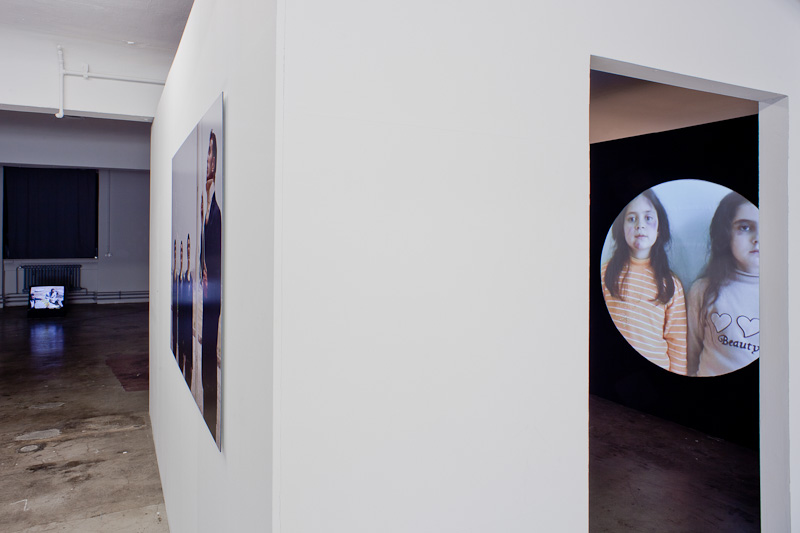


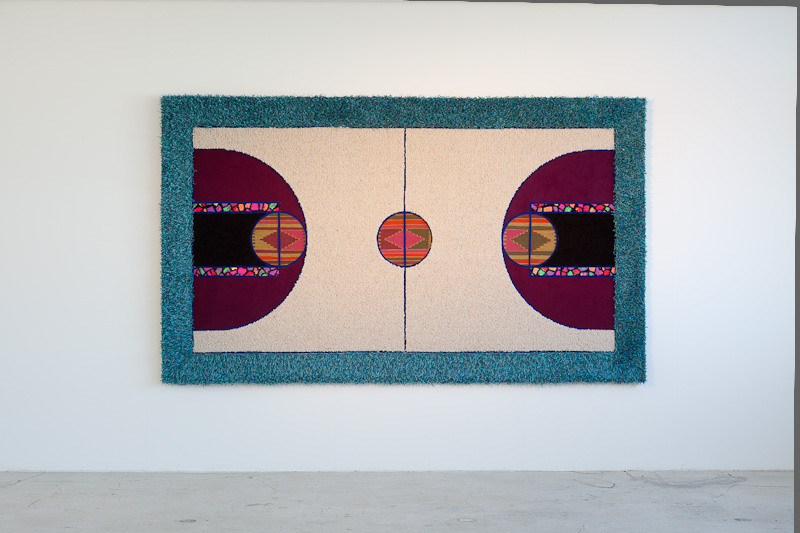
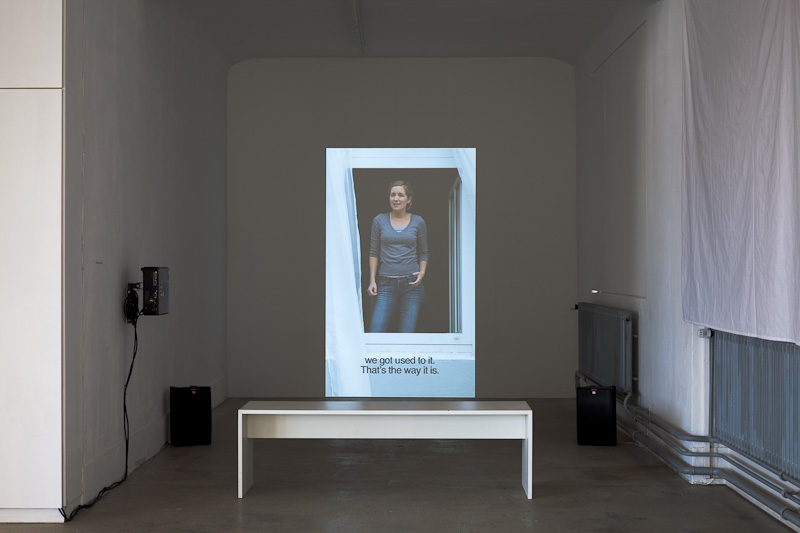
Video program “OUR DARKNESS”
7.00pm—2.00am, 2nd floor
“Our Darkness” gathers video works dealing with the weaving of concealed, displaced and repressed within social correlations.
As a special event organized for the LANGE NACHT DER MUSEEN in Stuttgart, “Our Darkness” aims to provide an open space for experiencing the physicality of watching moving images in the dark, at night and together with others. Then, the darkness is not only a condition of light, but also an apparatus for investigating the channels of social control and political conscious.
Videoworks by:
Emmanuelle Antille: “Even If We Fall”, 2007
Yael Bartana: “Mary Koszmary”, 2007
Guy Ben Ner: “Stealing Beauty”, 2007
Klaus vom Bruch: “Das Duracelband”, 1980
Keren Cytter: “Der Spiegel”, 2007
Jen DeNike: “Wrestling”, 2003
Discoteca Flaming Star: “Anger and Depression”, 2004
Christoph Draeger: “Helenés (Apparition of Freedom)”, 2005
Harun Farocki: “Aufstellung”, 2005
Andrea Fraser: “Museum Highlights: A Gallery Talk”, 1989
Dara Friedman: “Jodie”, 1998
Dieter Froese: “The Piece in the Country (Failure Piece #2)”, 1979
Christoph Girardet/ Matthias Müller: “Phoenix Tapes (#3 Derailed)”, 1999
Niklas Goldbach: “TEN”, 2010
Bettina Gruber/Maria Vedder: “Der Herzschlag des Anubis”, 1988
Tracey Moffatt: “Heaven”, 1997
Gary Hill: “Around and About”, 1980
Saskia Holmkvist: “Interview with Saskia Holmkvist”, 2005
Judith Hopf: “Zählen!” , 2008
Laura Horelli: “Haukka-pala / [A-Bit-to-Bite]“, 2009
Christian Jankowski: “Angels of Revenge”, 2006
William E. Jones: “The Fall of Communism as Seen in Gay Pornography”, 1998
Korpys/Löffler: “The Nuclear Football”, 2004
Billy Lumby: “Suspended Animation”, 2009
Bjørn Melhus: “I´m not the Enemy”, 2011
Moser/Schwinger: “Acting Facts”, 2003
RASKIN (Rotraut Pape, Andreas Coerper): “Mutter Vater ist tot”, 1987
Mika Rottenberg: “Squeeze”, 2010
John Sanborn/Kit Fitzgerald: “Access”, 1978
Corinna Schnitt: “Living a Beautiful Life”, 2003
Lydia Schouten: “Echoes of Death / Forever Young”, 1986
Clemens von Wedemeyer: “Silberhöhe”, 2003
William Wegman: “New and Used Car Salesman”, 1973
Ming Wong : “Angst Essen / Eat Fear”, 2008
Florian Zeyfang: “Franzekens Way”, 2003
Curated by Viktor Neumann
Open workshops “EIN DRUCK – EIN EINDRUCK”
7.00pm—2.00am, ground floor
The press and print workshops as well as the ceramics workshop present different printing methods and new works.
“ECHT?” is the first exhibition curated by the new artistic director of Künstlerhaus Stuttgart, Misal Adnan Yıldız. It presents instances of artistic research influenced by the perception of fictionalised reality and investigates how self-reflexivity operates in artistic production. An artist talk with Ming Wong, a workshop with Ruti Sela & Maayan Amir and two floors of installations connected via a poster link by Slavs and Tatars to the city centre turn the exhibition into a stage for questioning new forms of artistic reality and critical imagination.
A poster installation by Slavs and Tatars can be seen during the exhibition at Kulturplatz, Klett-Passage of Hauptbahnhof Stuttgart.
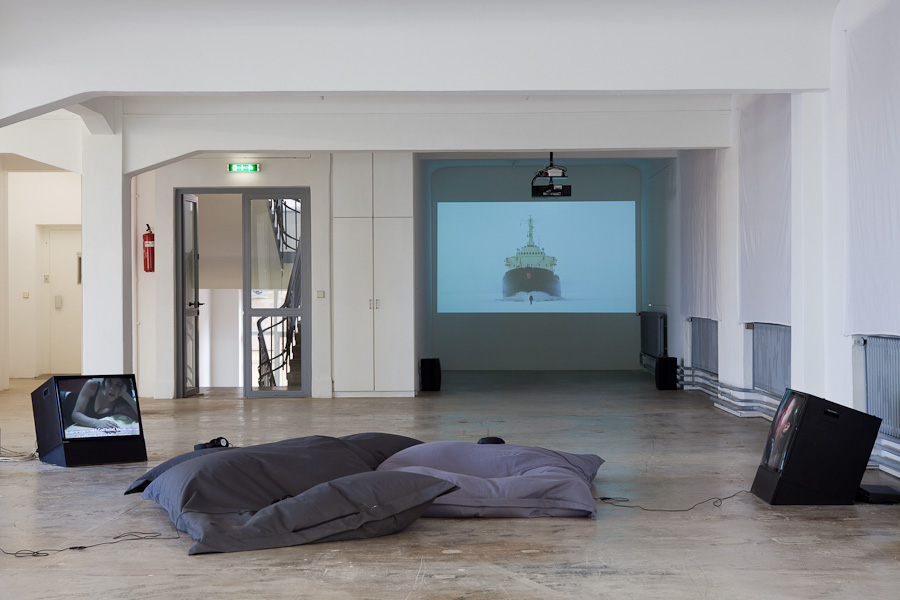
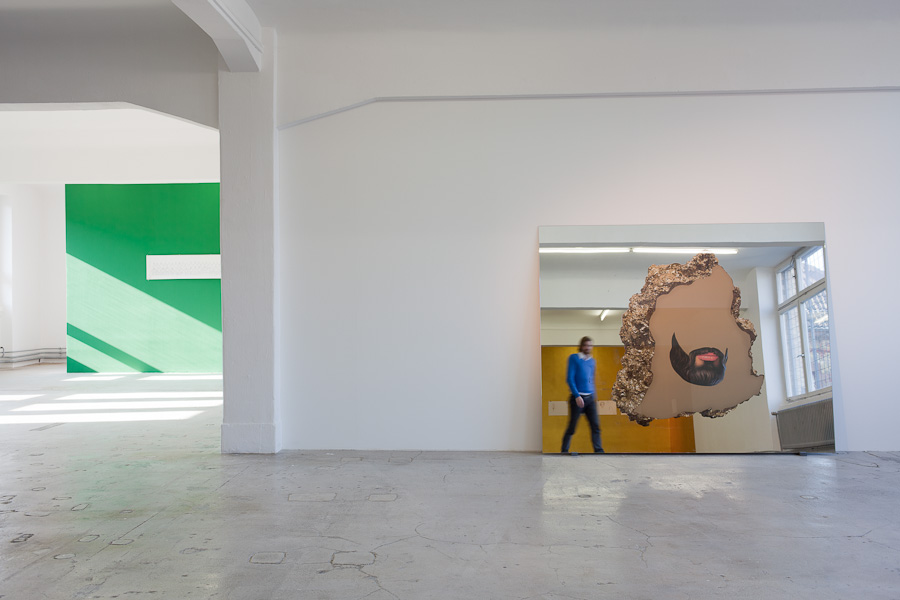
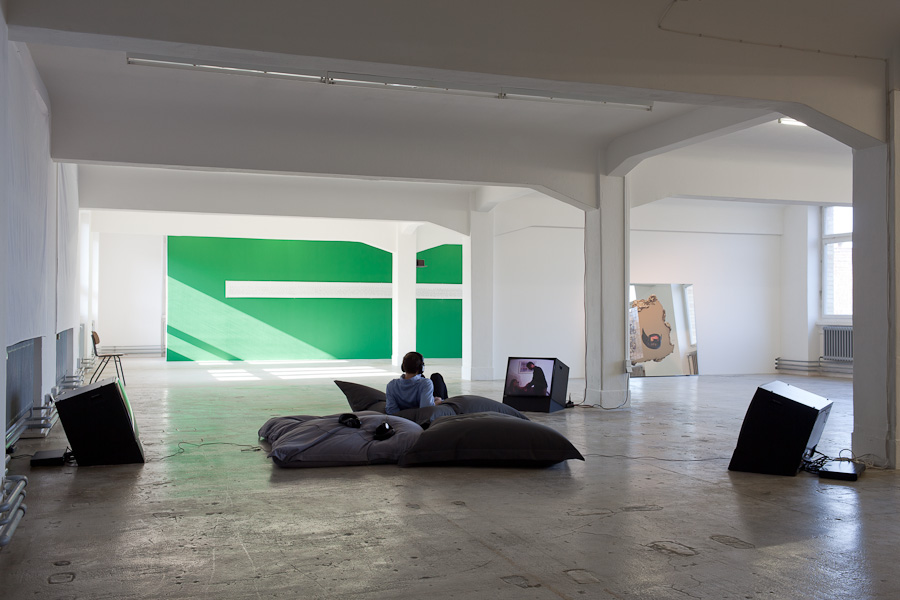
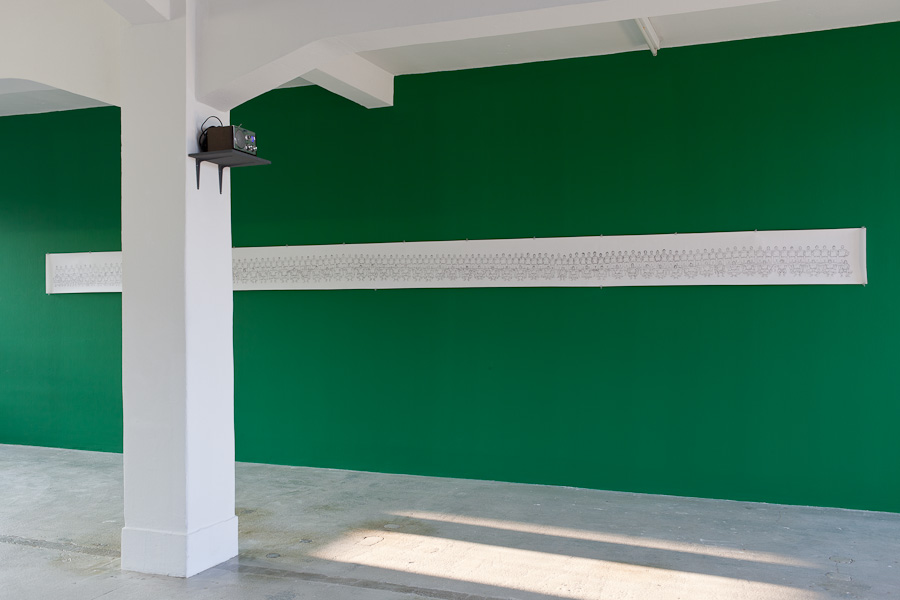
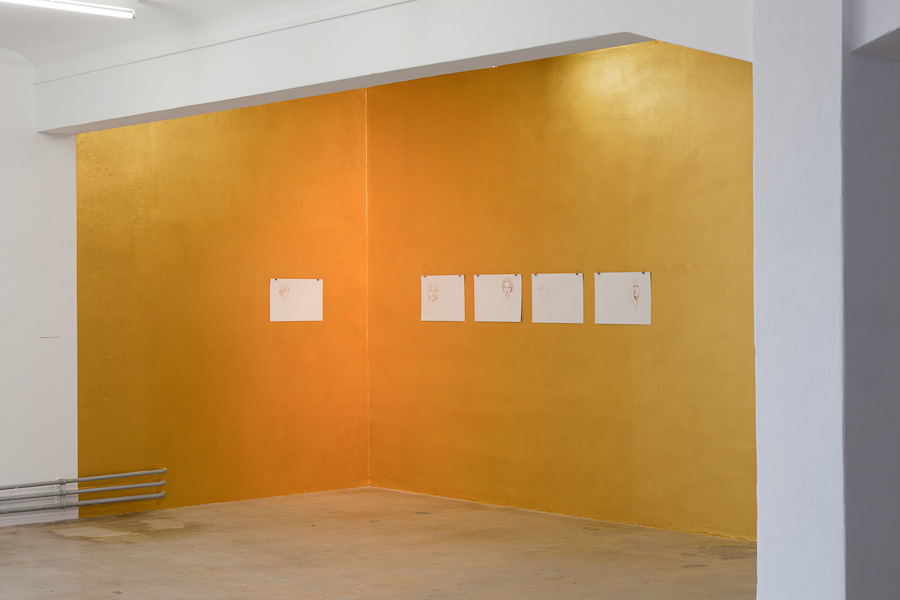
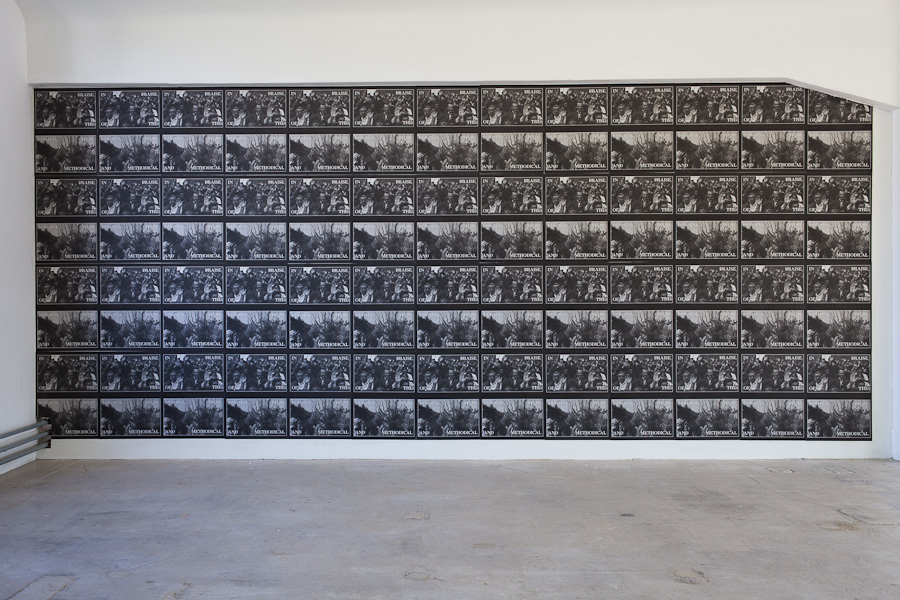
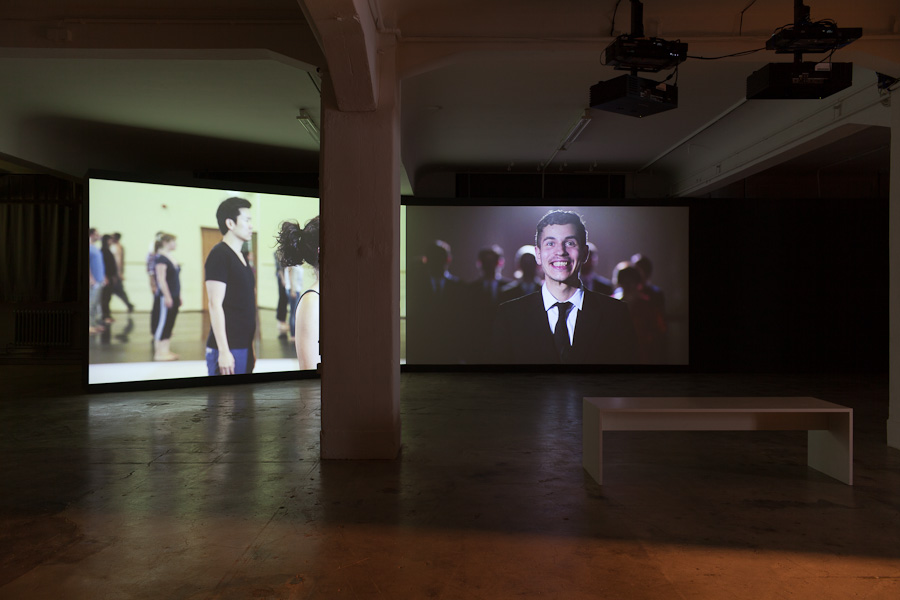
Investigating the utterances that form people and place, Gibson’s films explore voice, speech, collective production and their representation. Referencing experimental music, and employing the logic of the graphic score, their production processes are often orientated around open-ended structures which are, to varying degrees, given over to a collective apparatus. Through the gathering together of disparate social bodies and the structured production of speech, Gibson’s subjects and their voices are meticulously recorded and dislocated, scripted, reassigned and re-staged. Highly aestheticized, fiction also plays a crucial role in the film’s formal construction, at the level of both production and reception – whether deployed as a social motivator, editorial principle, self-reflexive device or as a means to effect a shift in meaning and perception.
Besides three existing films, a new work, commissioned and co-produced by Künstlerhaus Stuttgart, forms the departure point for the show. Conceived as the first chapter to the publication The Tiger’s Mind, which will be produced during the timeframe of the exhibition in an evolving process, six practitioners (John Tilbury, Alex Waterman, Celine Condorelli, Jesse Ash, Christoph Keller, and Axel Wieder) have been invited to the Künstlerhaus to have a public conversation in the space, scored by Cornelius Cardew’s 1967 improvisational composition of the same name. Employing the score as an organizational device for voices, the topic of the conversation will be its own production, reflecting on the relation between artist and audience, the meaning of interpretation, and the capacity of text and image to activate thinking and participation. The resulting publication will explore the transposition of speech into printed matter and the critical potential of experimental notation.
Framed by a new publication by British artist Beatrice Gibson and editor and typographer Will Holder, the exhibition The Tiger’s Mind is the first solo presentation of Gibson’s work outside of the UK. For the exhibition, the preface of The Tiger’s Mind has been published, featuring a text by Beatrice Gibson, Will Holder and John Tilbury. The second part will be published in December 2010.
The accompanying programme contains public discussions (November 24 and November 28) and a performance on November 28, 7 pm.
Supported by Kulturstiftung des Bundes, Der Bevollmächtigte der Bundesrepublik Deutschland für kulturelle Angelegenheiten im Rahmen des Vertrages über die Deutsch-Französische Zusammenarbeit, Ministère de la Culture et Communication de France, Cultures France, Institut français and d.c.a.
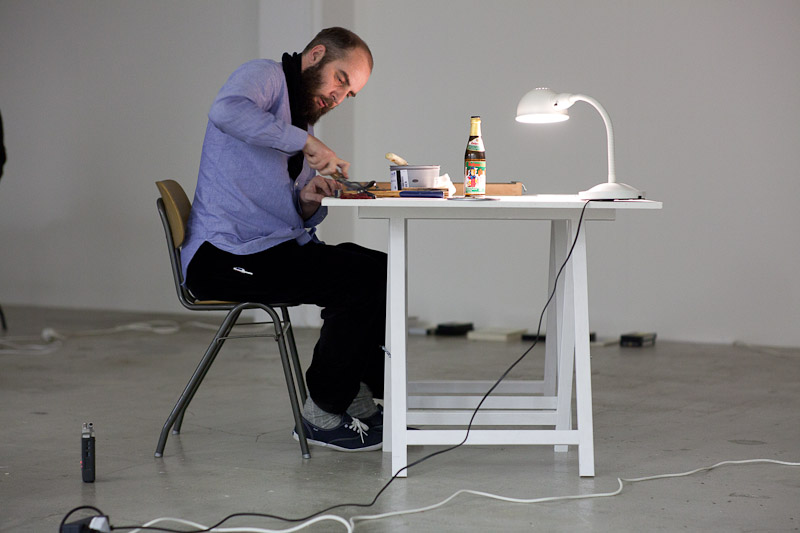
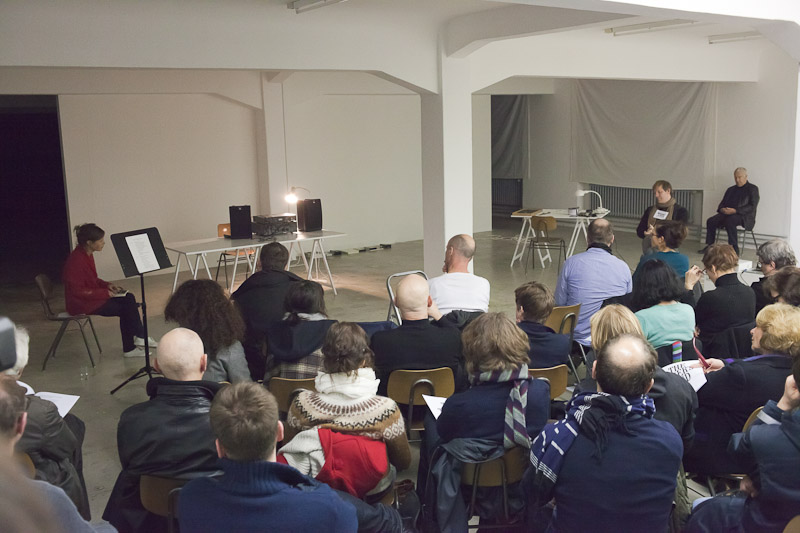
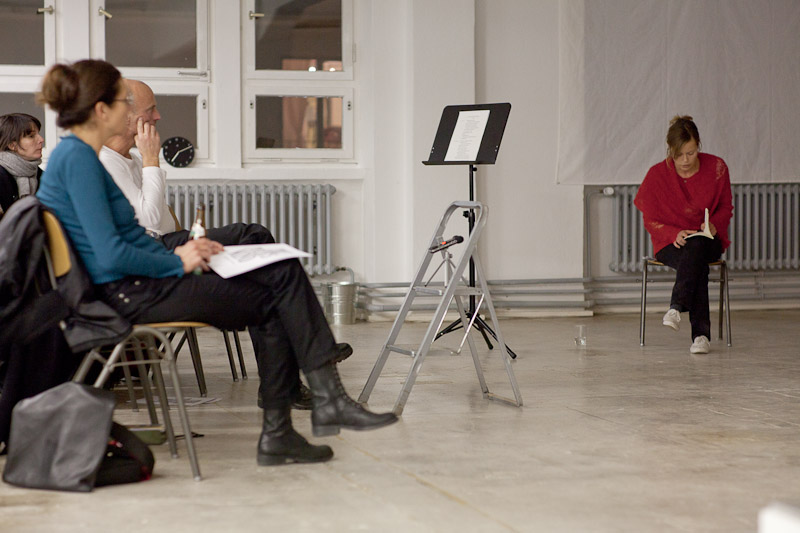
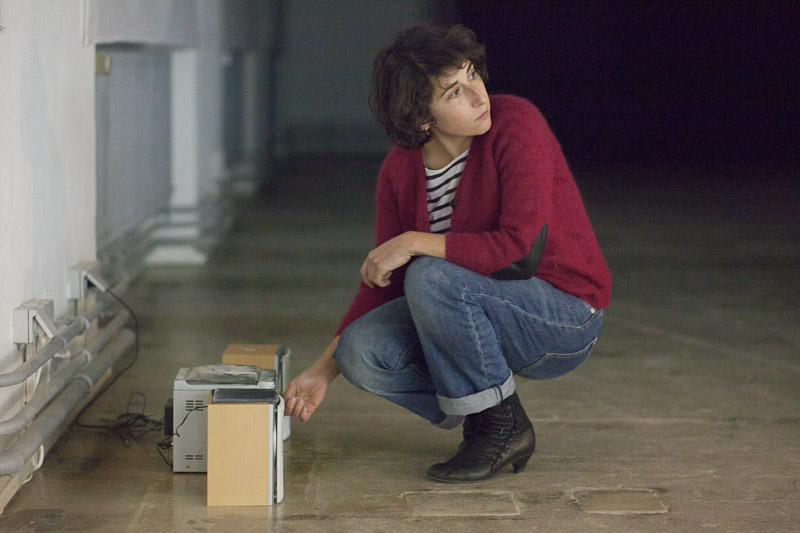
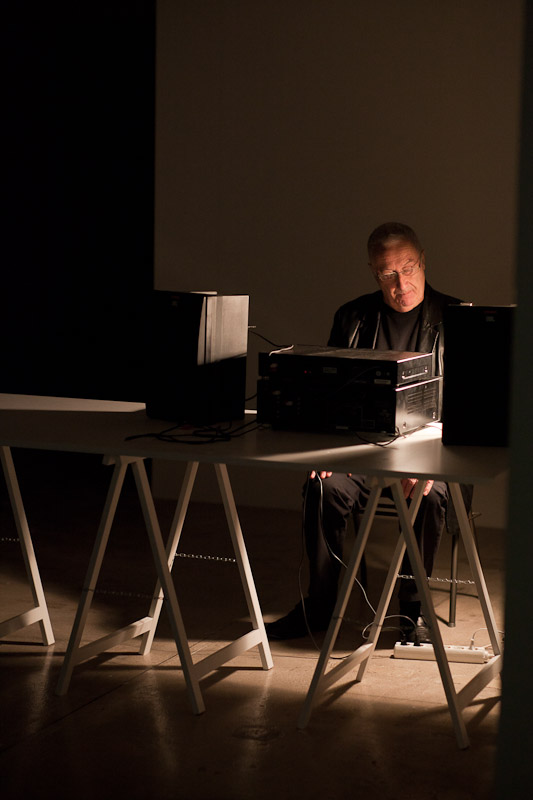

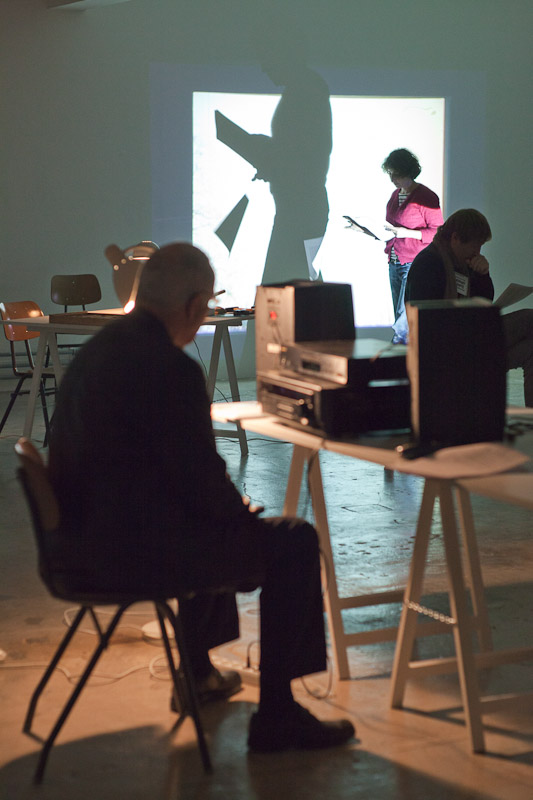
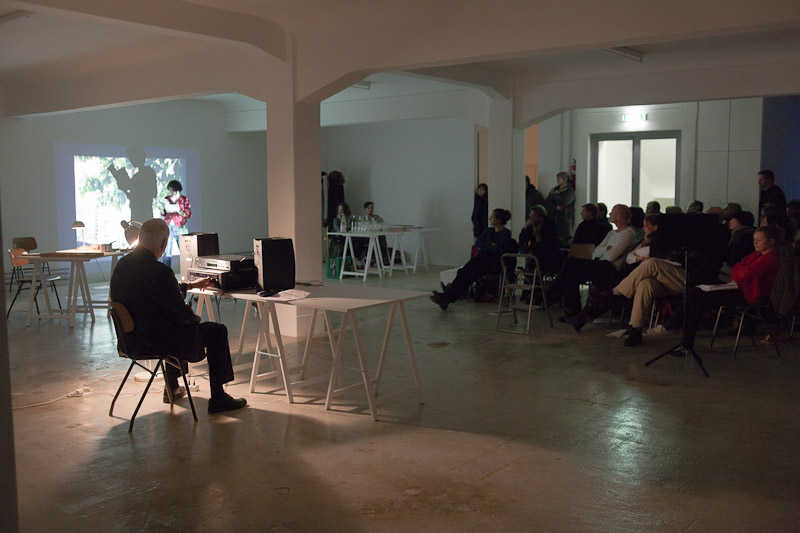
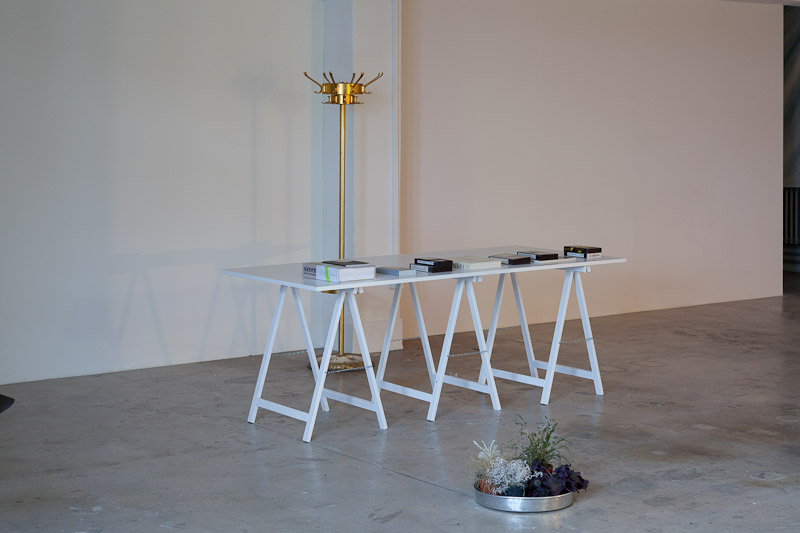
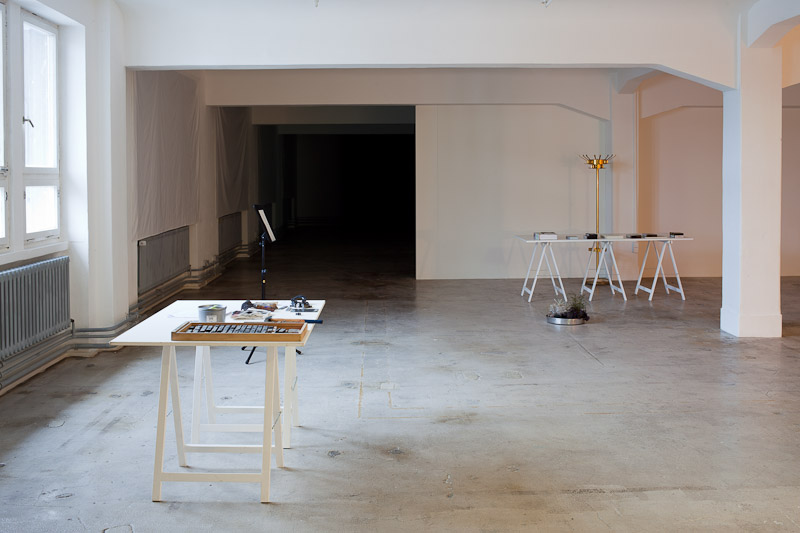
In conclusion to his programming as artistic director of Künstlerhaus Stuttgart, Axel John Wieder reflects on his programmatic principles and ideas in a discussion with Michael Dreyer about the roles of mediation, authorship and institution.
In the Middle of Affairs shows works and projects that are concerned with channels of distribution and alternative fields of action connected to artistic practice. The works consciously adapt languages of design and advertisement, operate within commercial media and utilize and/or reflect upon its methods. The presentation includes works from the past thirty years as well as new works. In addition, a selection of press texts, exhibition cards, advertisements and other documents are included, which reflect the social networks surrounding a work or presentation, and which often function as catalysor for contextualization of works or topics. The exhibition focuses on critical attitudes towards the production of subjectivity and examines its media and methods, like newspapers and other printed matter, institutional spaces, roles and identities, as important aspects of meaning and value production.
In the Middle of Affairs functions not only as a title, it is simultaneously a description of the work methods in which a personal involvement indicates a viewpoint and an attempt at a close-up examination. It connects various approaches in a consciously fragmentary narrative, which unifies changing perspectives and various historical levels. The starting point of the project was a show that Egija Inzule and Tobias Kaspar realized in 2009 in Basel connected to the presentation of the first issue of the magazine PROVENCE. This exhibition consisted of two vitrines, in which the Journal Series by John Knight, as well as selected advertisements by the French collector Ghislain Mollet-Viéville from the 1970s and 1980s were on view, and which could be perceived as a spatialized sleeve note of the presented magazines.
The exhibition at Künstlerhaus Stuttgart presents further historical works of Louise Lawler, Ulises Carrión, the agency readymades belong to everyone founded by Phillipe Thomas, and the group IFP (Information Fiction Publicité). From Silvia Kolbowski, a newly-made retrospective of a work from 1990 is on display. Nairy Baghramian, Nicolas Ceccaldi, Nina Könnemann, Hans-Christian Lotz, Bonny Poon and the group Udio present works, some newly developed for the exhibition in Stuttgart. In a reader compiled by Maja Wismer, themes addressed in the works such as mechanisms of subjectivity, the art market and the culture industry are expanded within a selection of texts and documentation materials.
Another central aspect of the project is its interest in other forms of economies. The organization of independent exhibition spaces, the publication of books and magazines, the founding of publishing houses or work within the fields of fashion, music or graphic design are instruments that are not only utilized to create possible alternatives to the art market, but also to find ‚loopholes’ within it. These might at least momentarily offer a potential free space outside of the limited or normative constructs associated with established fields of art. Above all, these strategies might also be read as approaches to reflect on and openly negotiate one’s own subjectivity within these fields. The – temporary or provisional – adoption of various activities can be understood as a way to question the role of the author and the artwork within its particular cultural and sociopolitical situation.
Curated by Egija Inzule, Tobias Kaspar and Axel JWieder, reader and vitrine presentations in collaboration with Maja Wismer.
Presentness is Grace, Performance by Udio
Thursday, September 30, 8.30pm
5pm: (Goodbye to) Manhattan (2010, 110 min.), film presentation by Ken Okiishi
7pm: Displaying footnotes, presentation by Maja Wismer
8pm: Cocktails
9pm: Bruno & Michael are smiling and Skipperrr, concert
Friday, October 1
Lilia Prado Superstar Film Festival, Ulises Carrión und de Appel arts centre, Amsterdam 1984 [ende]
Sunday, October 31, 7pm
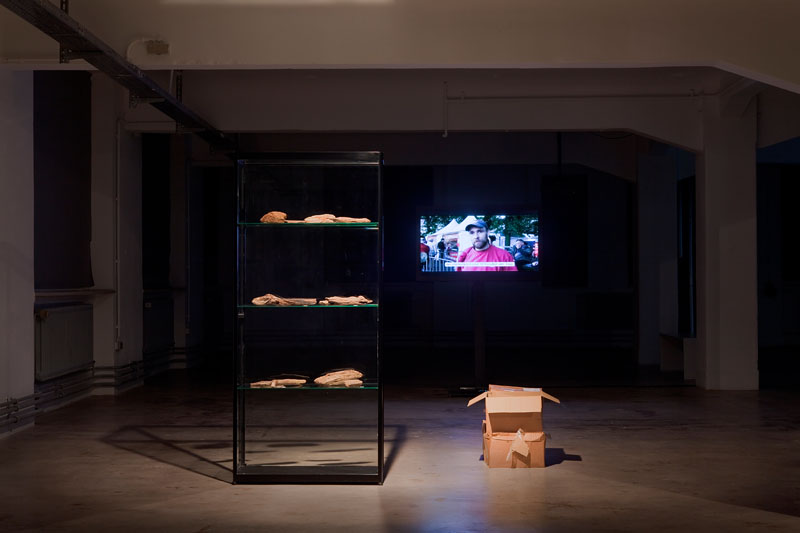
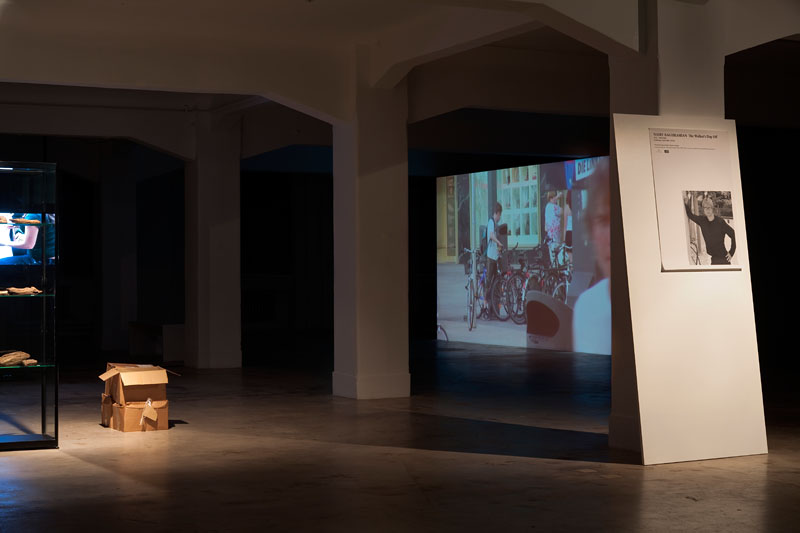
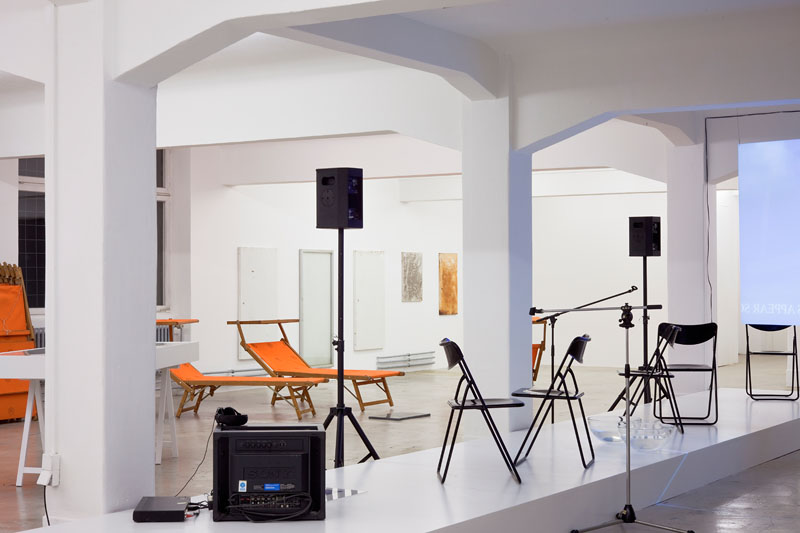
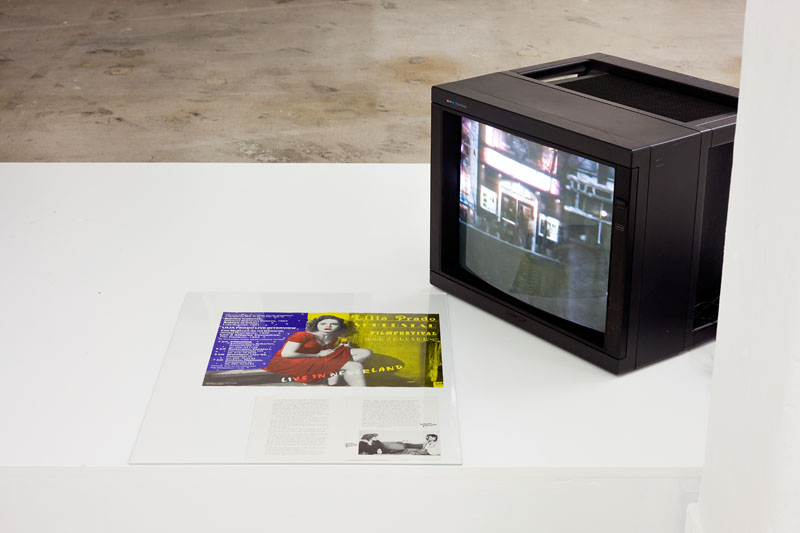
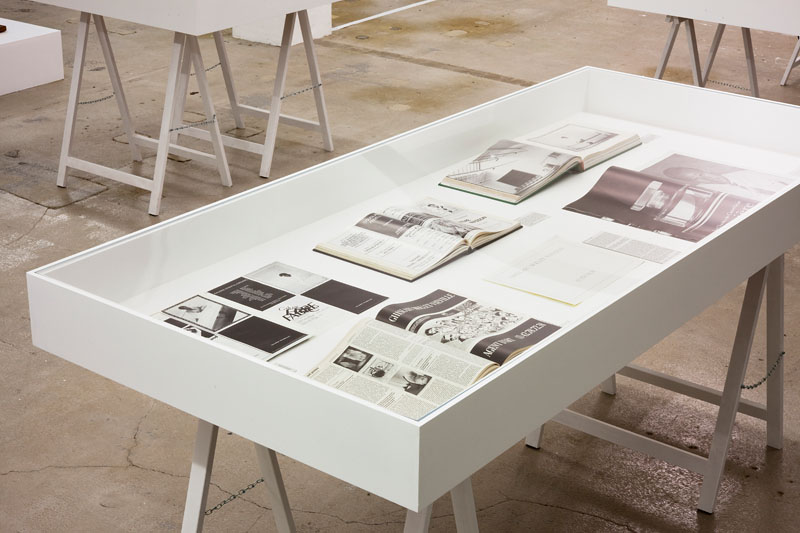
In his work, Kasper Akhøj addresses aspects of architecture and design history. In the exhibition Welcome (TO THE TEKNIVAL) at Künstlerhaus Stuttgart, he presents two new projects: one on the recent restoration of Eileen Gray’s modernist Villa E.1027 (1929) and the other on the display system Abstracta (Poul Cadovius, 1960). With photographs and sculpture, he follows the transformation of the original design in its application and usage over the course of time. The exhibition reflects on the object’s contingency on history as well as the relationship between design and appropriation.
In Welcome (TO THE TEKNIVAL), an ongoing work since 2008, the authority of historiography is addressed. At the center of the project is the Villa E.1027 in Southern France, designed by modernist architect and furniture designer Eileen Gray, which is currently undergoing restoration. Based on the history of the building, which among other things contains a series of wall paintings by the famous architect Le Corbusier created against the will of the building’s architect, the decisions about what is considered worth keeping or what is original are debated. Akhøj regularly documents the progress of the site in order to record the historical layers of the building, which are simultaneously reconstructed and destroyed. The title of the work refers to two pieces of graffitti in the house that stand beside each other, yet originate from different time periods, one of them half erased by a layer of black paint.
The second work, Abstracta, ongoing since 2007, focuses on a display system that the Danish architect Poul Cadovius originally developed in 1960 for a World’s Fair. In 2006, Kasper Akhøj participated in a research project in former Yugoslavia when he noticed a modernist display system used in a variety of contexts, from shoe stores and market stands to museum exhibitions. Consequently, the artist embarked on a journey to trace the migratory movement of the modular display system from the West Balkan states back to its earlier incarnations in China, eventually leading to its origins in Denmark. Alongside photographic documentation of the system in application, Kasper Akhøj uses the various elements he has collected over the years as material for sculptural works. In its spatial presentation, the installation recalls the utopian architecture of Late Modernism, like modular megastructures, in a model perspective, and thus recollects a context out of which the display system originated.
The exhibition has been developed in cooperation with Overgaden, Copenhagen.
With kind support of the Danish Arts Council Committee for Visual Art and the Baden-Württembergische Bank.
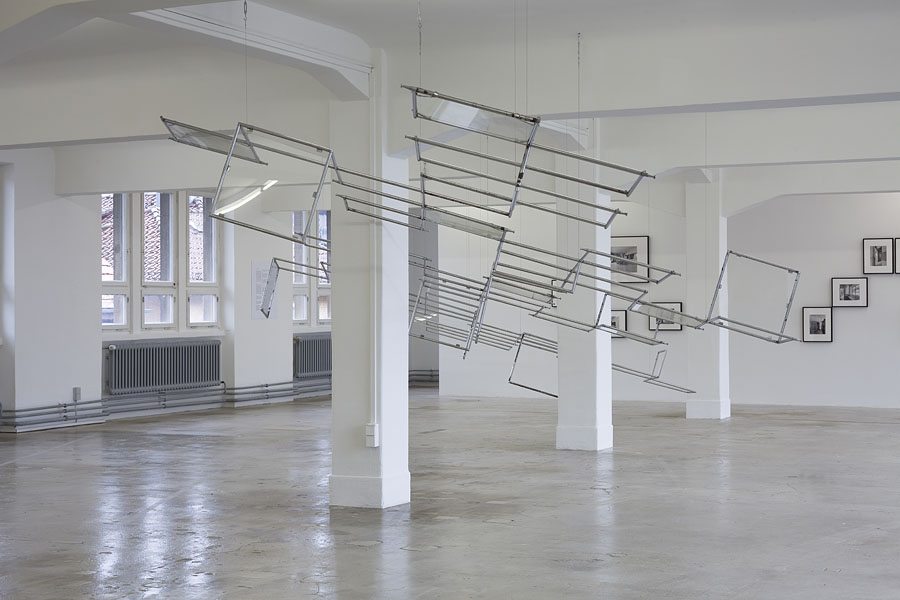
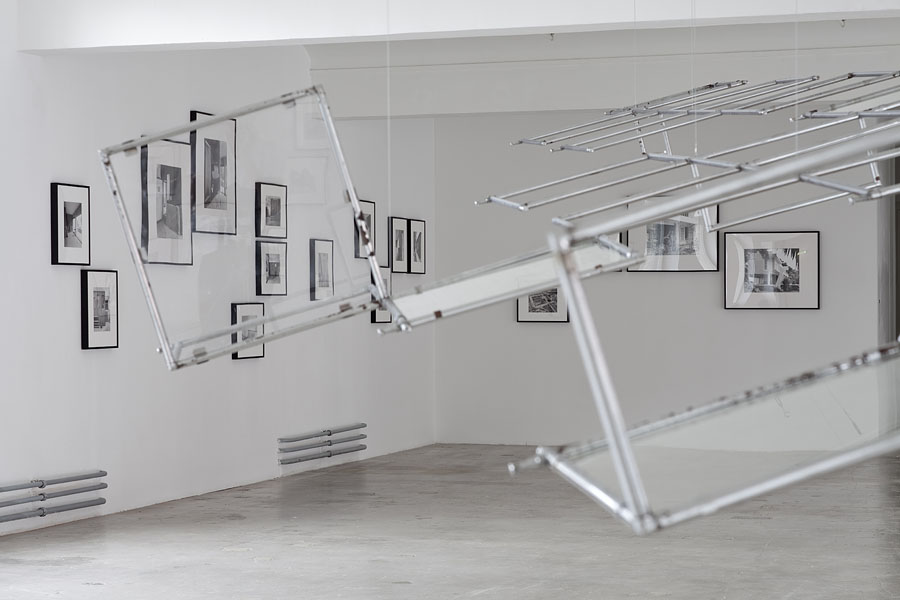
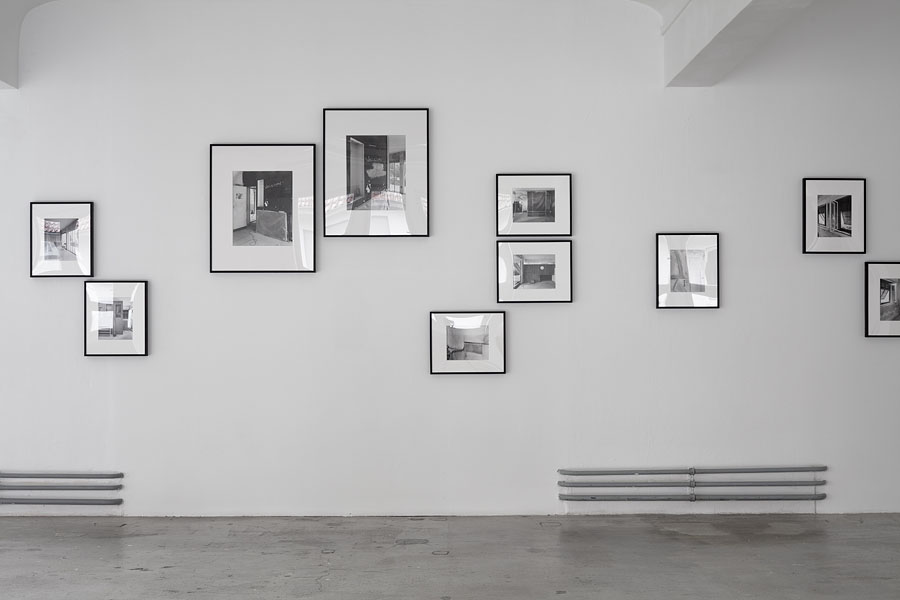
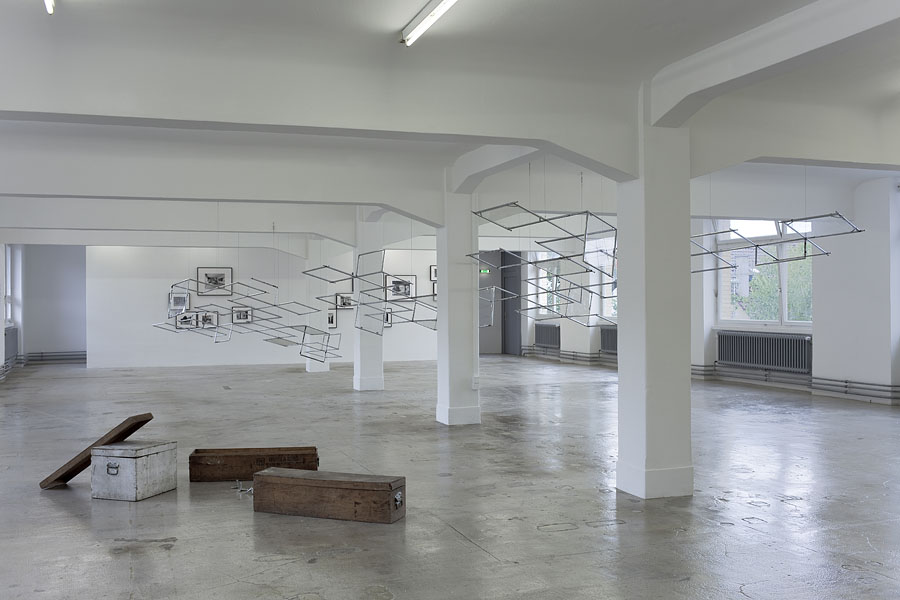
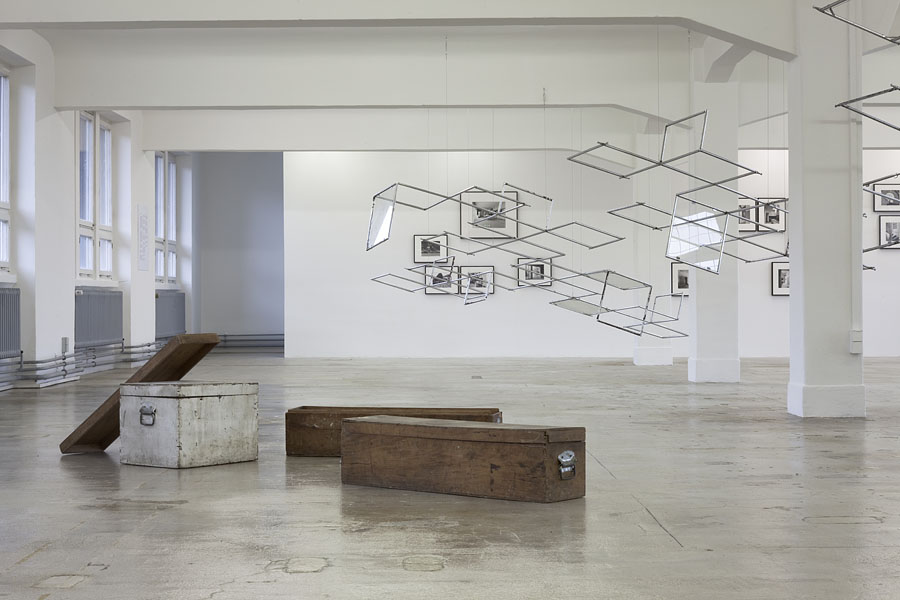
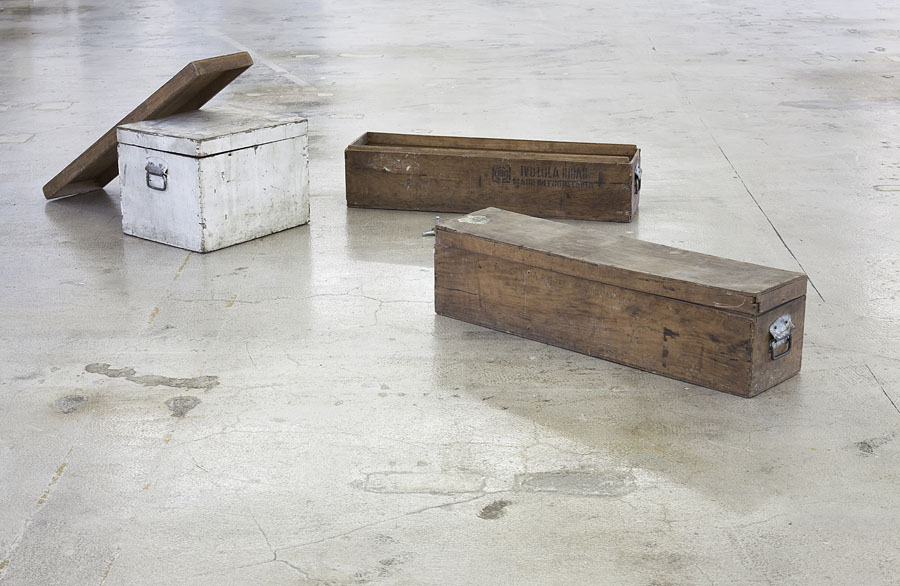

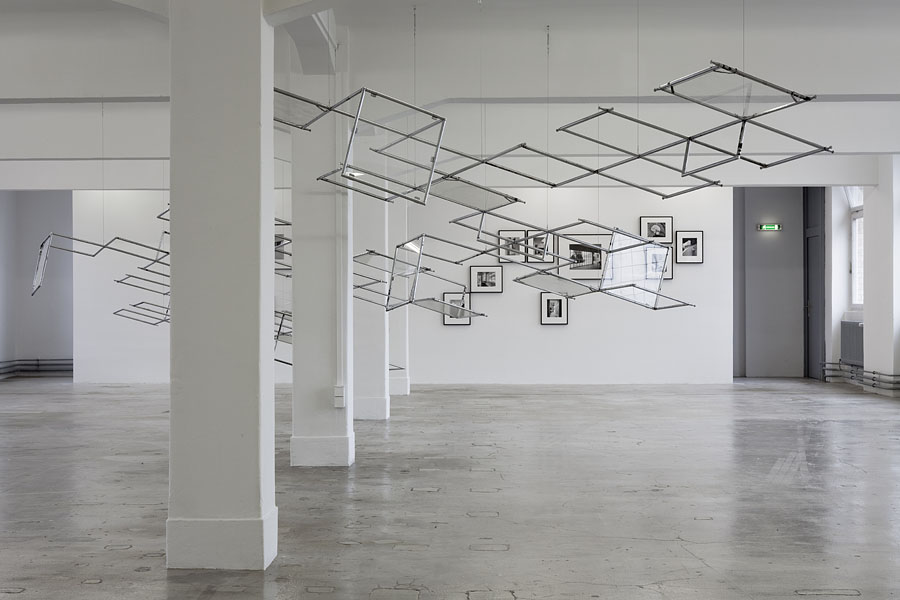

The event Cultural Identities will deal with the relationship of visual identity and design in the field of culture, or more specifically, art institutions. In a workshop and a public conference, two aspects will be discussed. For one, the event will focus on function of design to represent or mediate art institutions. How do visual identities relate to programmatic concepts of an institution – its ideals, but also an affiliation with certain discourses? How does experimental branding work within this field? On another level, the conference will discuss design as a subject of institutional practice. What are the potentials of design exhibitions – and how might design be understood in this context?
Cultural Identities is a cooperation between the Academy of Fine Arts Stuttgart, the Institute for Book Design and Media Development, and Künstlerhaus Stuttgart.
The event Cultural Identities will deal with the relationship of visual identity and design in the field of culture, or more specifically, art institutions. In a workshop and a public conference, two aspects will be discussed. For one, the event will focus on function of design to represent or mediate art institutions. How do visual identities relate to programmatic concepts of an institution – its ideals, but also an affiliation with certain discourses? How does experimental branding work within this field? On another level, the conference will discuss design as a subject of institutional practice. What are the potentials of design exhibitions – and how might design be understood in this context?
Cultural Identities is a cooperation between the Academy of Fine Arts Stuttgart, the Institute for Book Design and Media Development, and Künstlerhaus Stuttgart.
Åbäke: You don’t Remember Saying It?
If a tree falls in a forest and nobody is there to witness it, would a poster about it make it more real? A collaborative workshop between Åbäke and Axel Wieder, starting from the archive of the Stuttgart Künstlerhaus and the gaps in the memory it accumulated. How fiction and fakes are sometimes more real than the facts.
Please come with the remembrance of a significant event for which you have no photographic documentation. Please bring a physical object which is apparently trivial but triggers an unexpected story.
Ludovic Balland: Remember me what you saw
Ausgehend von kürzlich gesehenen Ausstellungen untersucht der Workshop wie mit typographischen Mitteln Erinnerungen an Ausstellungen kommuniziert werden können. Die Teilnehmenden produzieren jeweils drei Poster. Drei Erinnerungen, eine Sequenz: Wie die Erinnerungen miteinander verbunden sind kann frei gestaltet werden, aber sie bilden ein Sequenz , nur mit typographischen Mitteln, ohne Bilder. Es geht also auch um das Schreiben, um das Transkribieren von dem, was wir sehen. Es geht um das, was wir von visuellen Erfahrungen im Gedächtnis behalten.
Manuel Raeder: threnodials, melting snowballs, rivers and trees
The starting point of the workshop will be the local newspaper of the day and ending with the newspaper of the day forming a complete and circular movement with in itself.
Dates: Wednesday, June 23, 6pm, Thursday, June 24, 10am-6pm (or by appointment), Friday, June 25, 10am-3pm.
Due to the maximum amount of participants, unfortunately no more registrations for the workshops will be accepted. The visit to the presentations on Friday, June 25th anSaturday, June 26 is open to everybody. Please register at info@kuenstlerhaus.de.
Featuring Josef Strau, Chantal Akerman, Axel Wieder and New Order.
The lecture will start on time. Duration: about 20 minutes. Once started, there will be no admittance.
The performance is part of the exhibition “Juliette Blightman: the day grew dark”.
Köken Ergun (*1976 in Istanbul) is an artist who currently takes part at the group show Another Country/Eine andere Welt at the ifa-Gallery in Stuttgart. In the series “Hier und Jetzt” at Kuenstlerhaus Stuttgart, Ergun presents excerpts from the archive of B’Tselem, the Israeli center for human rights in the occupied territories. Since 2007 B’Tselem provided Palestinian families living in conflict areas with over 150 cameras. The excerpts reveal unexpected and personal moments.
Each week, the series Hier und Jetzt presents artists who live and work in Stuttgart. In talks, performances and discussions, the series aims to exhibit different approaches in various sections and disciplines to shape the scene of young artists in Stuttgart.
Parts of the event series are initiated in cooperation with Akademie Solitude. Curators: Michael Birchall, Axel Wieder.
Pia Maria Martin (*1974 in Altdorf) is a video artist whose interest lays in apparently secondary things and trivial processes. She uses empty spaces, deprived of the public view, as production facility and as a source of inspiration for a spectacle that takes place on the newly found stage. Pia Maria Martin lives and works in Stuttgart. Her last exhibitions took place at Galerie Reinhard Hauff, Stuttgart, Thomas Erben Gallery New York and at Migros Museum für Gegenwartskunst in Zurich.
Each week, the series Hier und Jetzt presents artists who live and work in Stuttgart. In talks, performances and discussions, the series aims to exhibit different approaches in various sections and disciplines to shape the scene of young artists in Stuttgart.
Parts of the event series are initiated in cooperation with Akademie Solitude. Curators: Michael Birchall, Axel. J. Wieder.
She sat at the window watching the evening invade the avenue. Her head was leaned against the window curtains, and in her nostrils was the odour of dusty cretonne.
She was tired. Her time was running out, but she continued to sit by the window, leaning her head against the window curtain, inhaling the odour of dusty cretonne. Down far in the avenue she could hear a street organ playing. She knew the air.
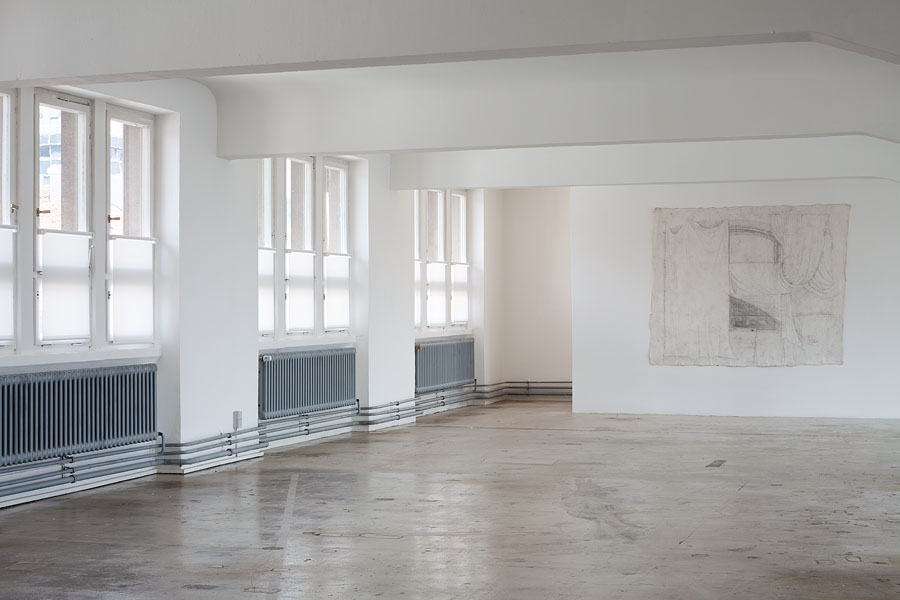
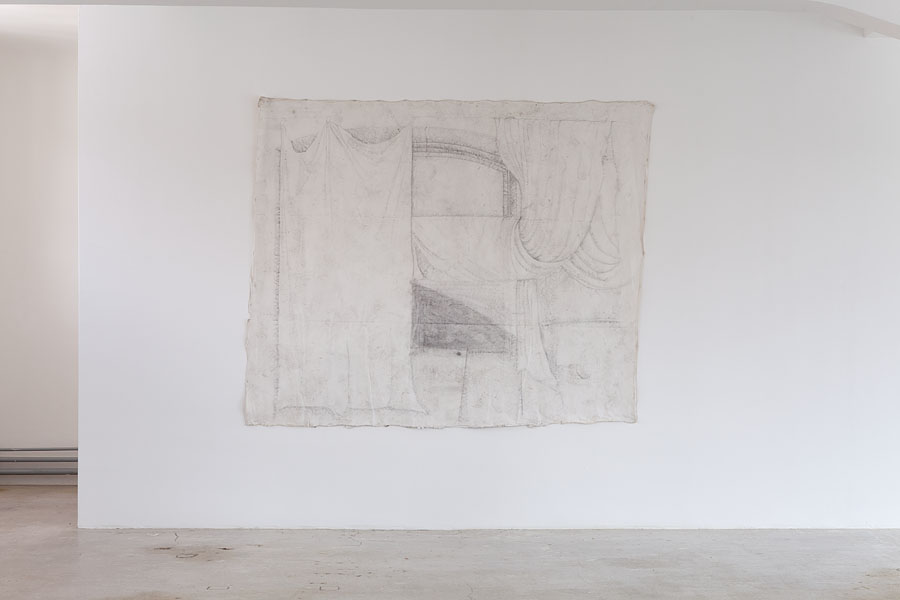
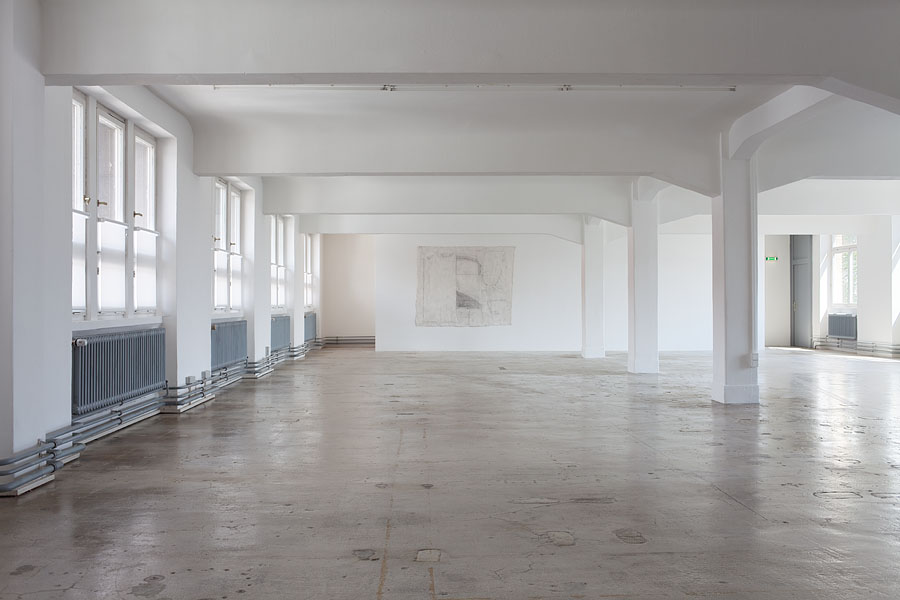
Sam de Groot (*Amsterdam, 1985) works as a freelance graphic designer and has published some books of fiction under the imprint TRUE TRUE TRUE. Recently he has started an ongoing series of performances in which he recites existing texts, shows film clips, performs stand-up comedy and sings, in order to explore themes such as self-deprecating narcissism, fetishism, and the mechanics of desire.
Sam de Groot: Like a Vat That’s Overflowing is part of the exhibition Motto Stuttgart and is organized in cooperation with Motto Distribution.
Each week, the series Hier und Jetzt presents artists who live and work in Stuttgart. In talks, performances and discussions, the series aims to exhibit different approaches in various sections and disciplines to shape the scene of young artists in Stuttgart.
Parts of the event series are initiated in cooperation with Akademie Solitude. Curators: Michael Birchall, Axel Wieder.
Ivan Civic works with performances, video installations, photography and design. In his works he deals with social structures, especially with boundaries within conventional contexts like family, relationships, cultural and intellectual circles. He instinctively dissassociates symbols, signs and fetish from their familiar or domestic relation in order to underline the mechanism, dynamic, contradictions and conflicts of relationships.
Each week, the series Hier und Jetzt presents artists who live and work in Stuttgart. In talks, performances and discussions, the series aims to exhibit different approaches in various sections and disciplines to shape the scene of young artists in Stuttgart.
Parts of the event series are initiated in cooperation with Akademie Solitude. Curators: Michael Birchall, Axel Wieder.
Each week, the series Hier und Jetzt presents artists who live and work in Stuttgart. In talks, performances and discussions, the series aims to exhibit different approaches in various sections and disciplines to shape the scene of young artists in Stuttgart.
Parts of the event series are initiated in cooperation with Akademie Solitude. Curators: Michael Birchall, Axel Wieder.
Each week, the series Hier und Jetzt presents artists who live and work in Stuttgart. In talks, performances and discussions, the series aims to exhibit different approaches in various sections and disciplines to shape the scene of young artists in Stuttgart.
Parts of the event series are initiated in cooperation with Akademie Solitude. Curators: Michael Birchall, Axel Wieder.
On the occasion of the last opening days of the exhibition Oscar Tuazon: Against Nature, Künstlerhaus Stuttgart invites you to a special public tour in collaboration with the Institut für Leichtbau Entwerfen und Konstruieren (ILEK) at the University of Stuttgart. Visitors are invited to visit the exhibition at Künstlerhaus Stuttgart, followed by a special tour to the Institut für Leichte Flächentragwerke (IL) and its remarkable building from 1967-68 (architecture: Frei Otto, Rolf Gutbrod and team), led by Christian Bergmann, researcher and architect.
For the exhibition Against Nature at Künstlerhaus Stuttgart, Oscar Tuazon has realized new extensive works, related to his research on experimental architecture, eco-buildings and self-built structures. This tour will focus on the historical and innovative research that has taken place at the IL since its foundation in 1964 by Frei Otto. The IL developed experimental structures in collaboration with biologists, medical doctors, and paleontologists that were based on pneumatic and biological principles of construction. Otto’s most known building project is the rooftop of the Olympic Stadium in Munich, completed in 1972. The pavillion in Stuttgart-Vaihigen was initially realized as an experimental prototype for the German pavillion at the Expo in Montreal 1967.
4 pm: Exhibition tour Oscar Tuazon: Against Nature, Axel John Wieder (Location: Künstlerhaus Stuttgart, Reuchlinstr. 4b, Stuttgart-West)
5.30 pm: Tour of the Institut für Leichte Flächentragwerke, Christian Bergmann (Location: ILEK, Pfaffenwaldring 14, Stuttgart-Vaihingen)
Fee: 3.00 EUR (reduced: 1.50 EUR). Transfer by car or S-Bahn.
Please register: info@kuenstlerhaus.de
In collaboration with Motto Distribution, Künstlerhaus Stuttgart presents an extensive selection of artist books and magazines, which functions as exhibition, temporary book store and archive. The selection offers a prismatic view of contemporary independent publishing, from DIY zines to publications from renowned institutions.
Motto was founded in Switzerland in 2007 by Alexis Zavialoff as a specialized distribution for magazines and fanzines about art and design. An expanding network of publishers and self-published projects have been continuously added and make up meanwhile the focus of Motto’s program. Motto’s various systems of distribution since 2007, including presentations and temporary bookshops in Moscow, Vilnius, Amsterdam, Vancouver, Tokyo and other cities, reflect the flexible and inspired nature of self-publishing. In 2008, Motto opened its first stationary bookshop in Berlin-Kreuzberg. In addition to showcasing its many titles, the shop functions as a space for book and magazine presentations, special events dedicated to discussions around publishing and art, graphic design, photography, typography and related matters. In 2009, Motto organized a one-day fair for self-published printed matter Unter dem Motto, which will be continued in September 2010.
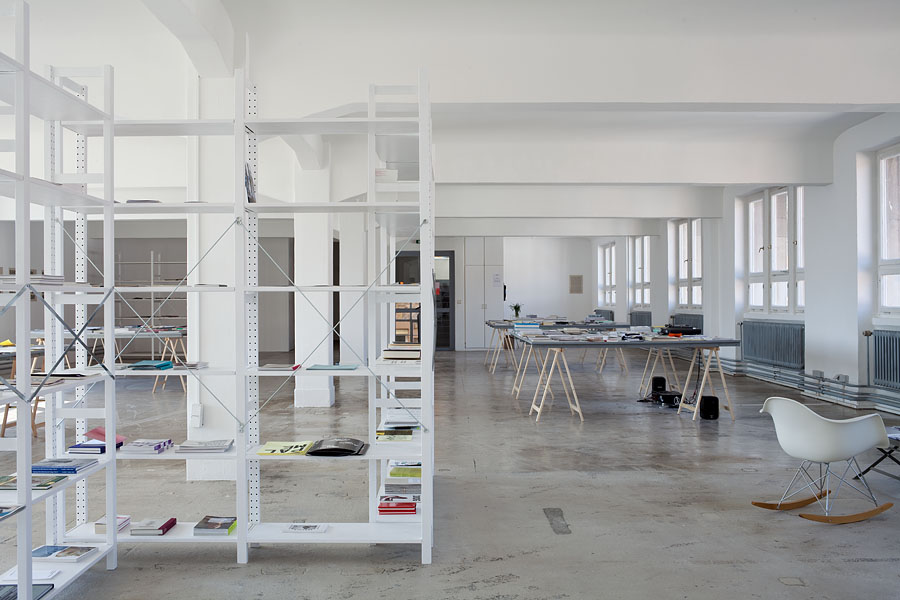
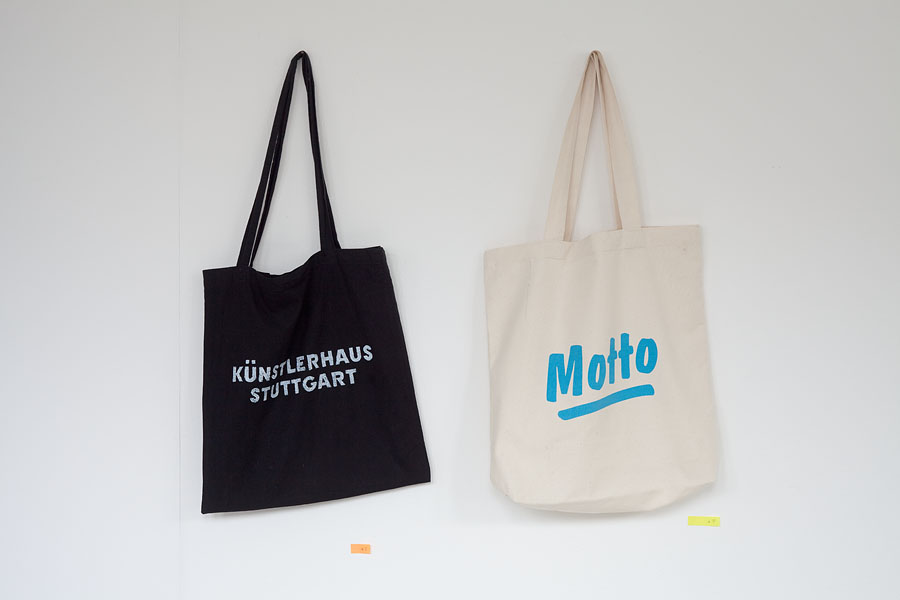
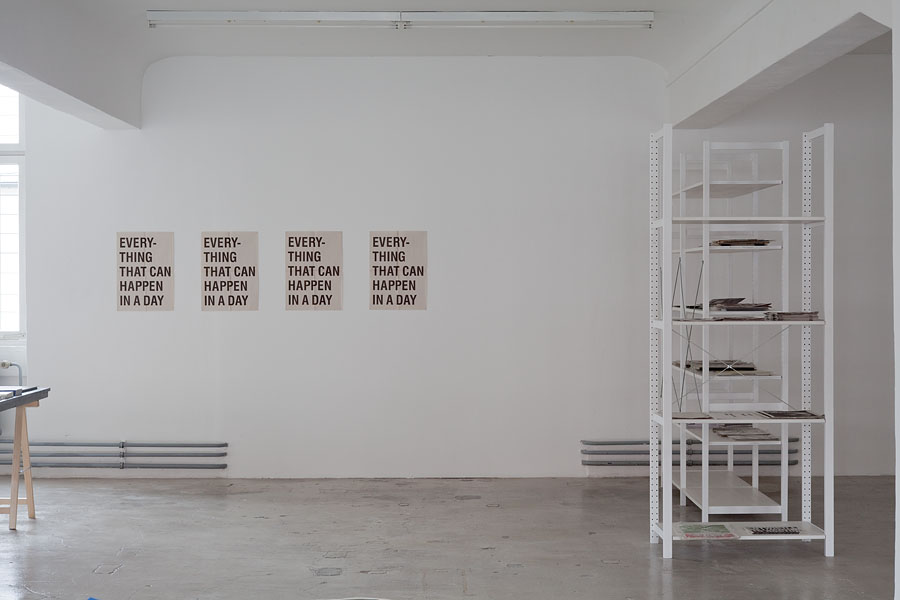

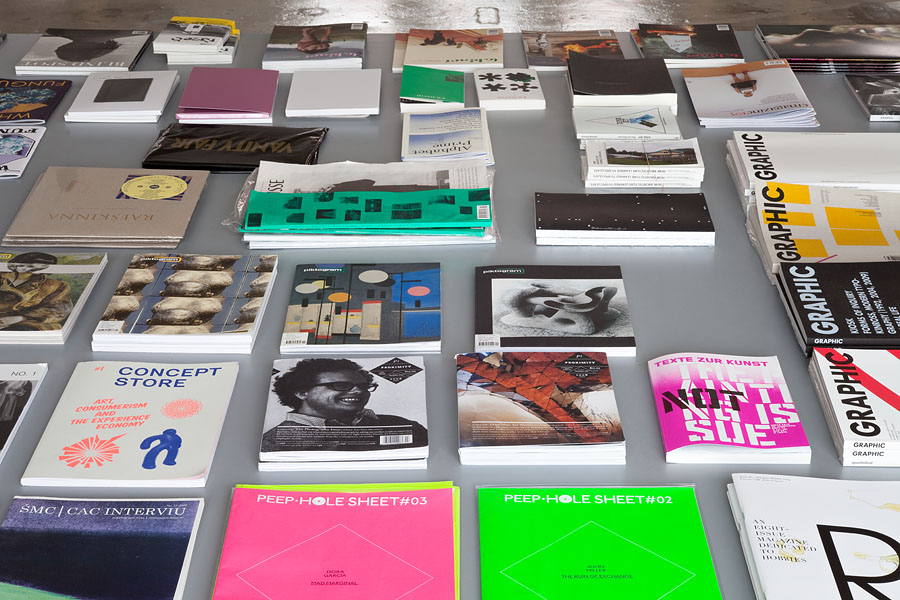
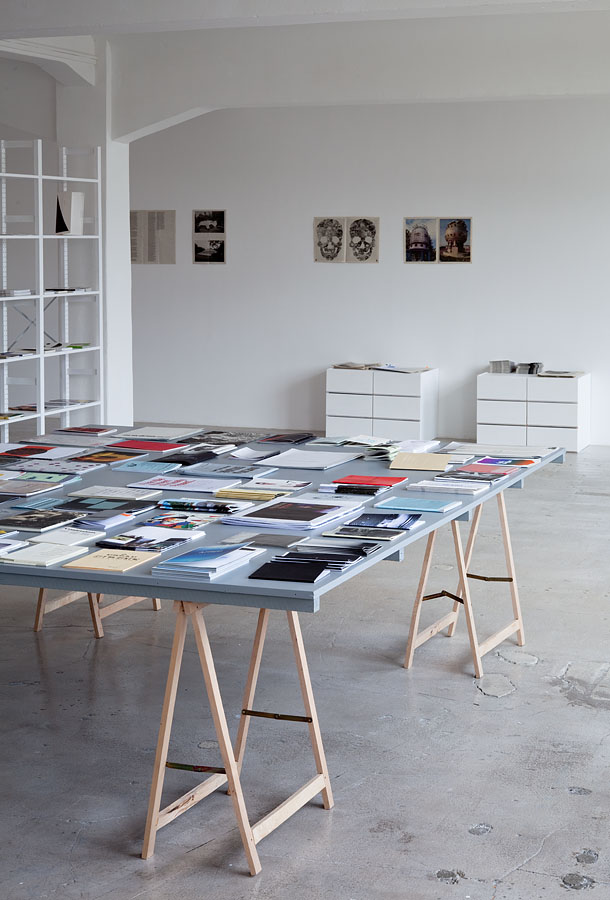
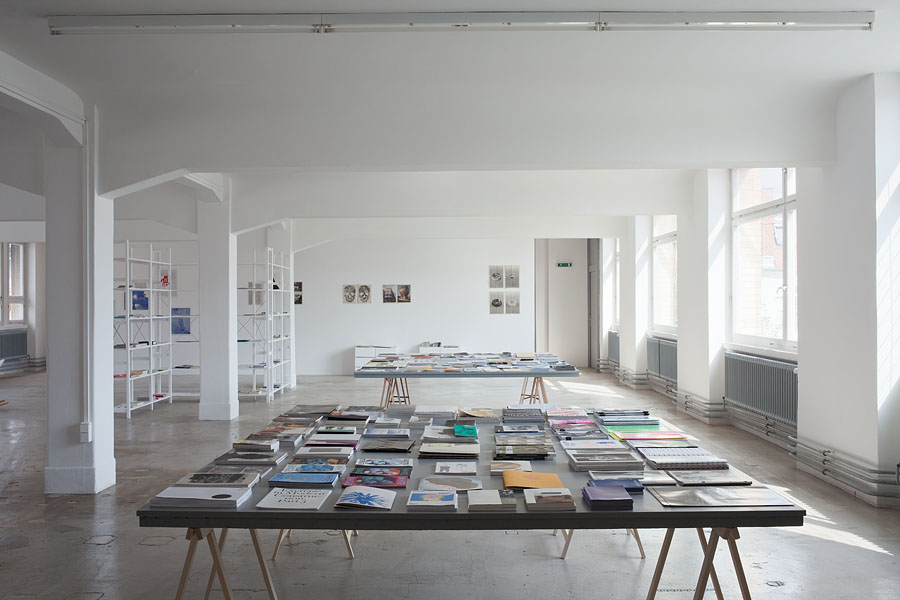
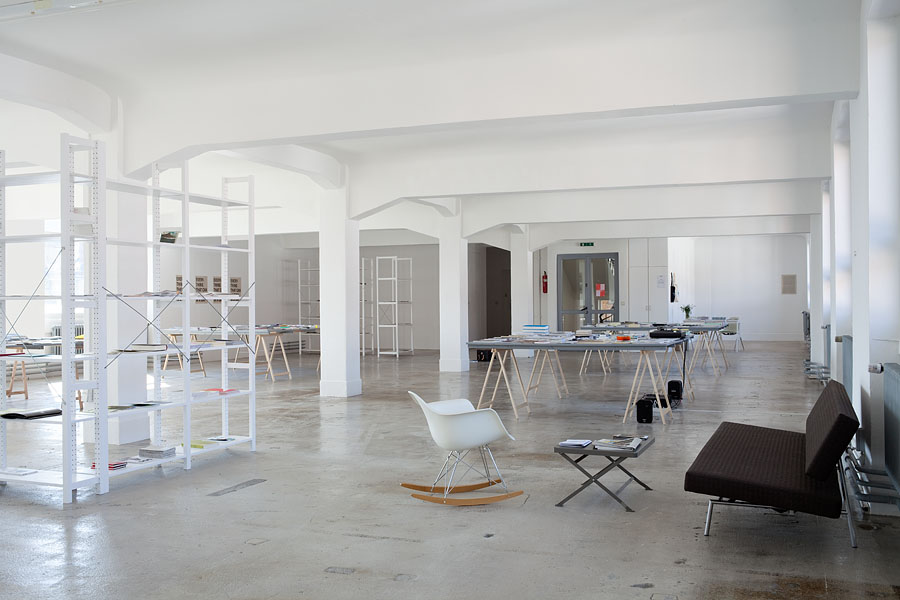
Process Wall is the title of a program for ephemeral formats that will take place on the second floor of Künstlerhaus throughout the year 2010. Instead of clearly delineated solo exhibitions, the program will show multiple projects and presentations that overlap in space and time. Exhibitions, magazine presentations and interventions are planned as well as lectures, notes, announcements or particular historical references. The Process Wall seeks a collective authorship of continuous development from activities occurring on the second floor. The first contributions in March 2010 will be a presentation of the new issue of Facehug from Takuji Kogo (*CANDY FACTORY PROJECTS) as well as “Autogestion, or Henri Lefebvre in New Belgrade” by Sabine Bitter and Helmut Weber.
Facehug #3: Takuji Kogo/*CANDY FACTORY PROJECTS)
Facehug #3 presents Takuji Kogo, artist and founder of *CANDY FACTORY PROJECTS, an international collaborative multimedia art project, which acts as a roaming unit for the production of art and long-term collaborations. *CANDY FACTORY PROJECTS are multimedia based and presented in different formats such as physical exhibitions, on websites, in publications and events. The projects explore the backwaters of the global economy covering such disparate issues as the process of transformation and dereliction of post-modern architecture in Tokyo, tourism on the Korean North-South divide, or a large scale Sicilian cherry tomato production backed by Romanian and Tunisian migrants.
For the third issue of Facehug, Takuji Kogo will present the audio piece “Music from *CANDY FACTORY” with accompanying lyrics based on fragments of found text extracted from propaganda posters, junk mail, online forums, personal ads and horoscope forecasts, performed by synthetic voices. The installation at Künstlerhaus Stuttgart will also include Takuji Kogo’s ongoing photographic sculpture non_sites.
Facehug is an independent publishing project run by Ana-Maria Hadji-Culea that explores the way in which artists approach text in their individual practices, unfolding annually as a one-on-one collaboration that uses various media, formats and distribution channels to reinterpret the perspectives of printed matter.
Album preview and download available at iTunes. Lyrics available at Facehug.
Sabine Bitter/Helmut Weber: Autogestion, or Henri Lefebvre in New Belgrade
In 1986, French urban theorist Henri Lefebvre, with architects Serge Renaudie and Pierre Guilbaud, participated in an international competition for the New Belgrade Urban Structure Improvement, sponsored by the state of Yugoslavia. In his urban vision for New Belgrade – the capital of former Yugoslavia founded in 1948 – Lefebvre emphasizes the processes and potentials of self-organization of the people of any urban territory to counter the failed concepts of urban planning from above. For Lefebvre, at this late point in his life, the promises of both modernist capitalist as well as state socialist architecture and city planning had failed.
Sabine Bitter and Helmut Weber took the unpublished text of Lefebvre as a starting point for a series of artworks and a comprehensive publication that deals with social and political contradictions of contemporary concepts of self-management and self-organization, as well as Lefebvre’s idea of “autogestion” from the 1960s. In Künstlerhaus, Bitter and Weber will present a series of prints that propose alternative covers to the book.
On April 8, 2010 at 7pm, Helmut Weber and Frankfurt-based urban sociologist Klaus Ronneberger will discuss Lefebvre’s theories from a historical viewpoint in relation to current debates on the precarious connection between self-organization and neoliberal self-management. This will be followed by a screening of the film NEW, Novi Beograd 1948 – 1986 – 2006 by Bitter/Weber.
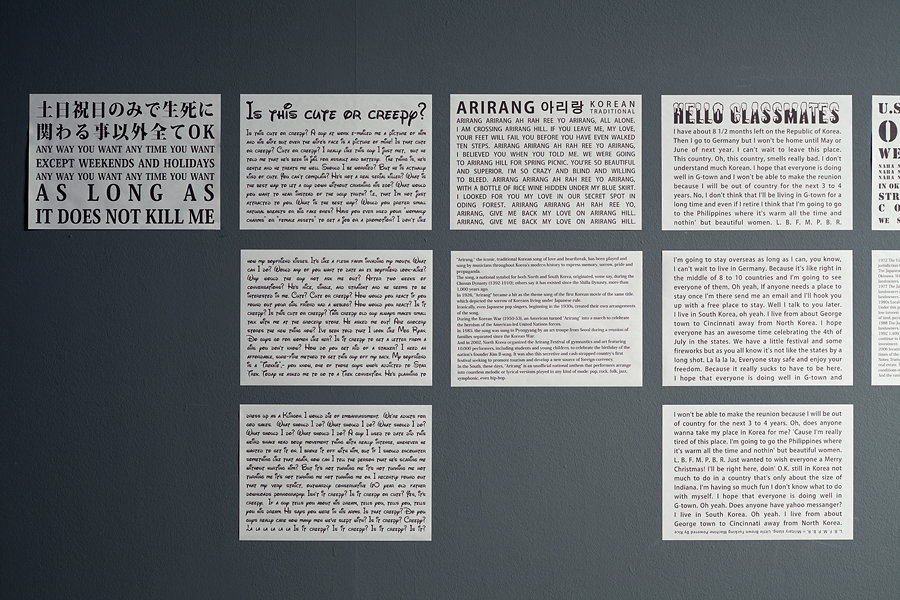
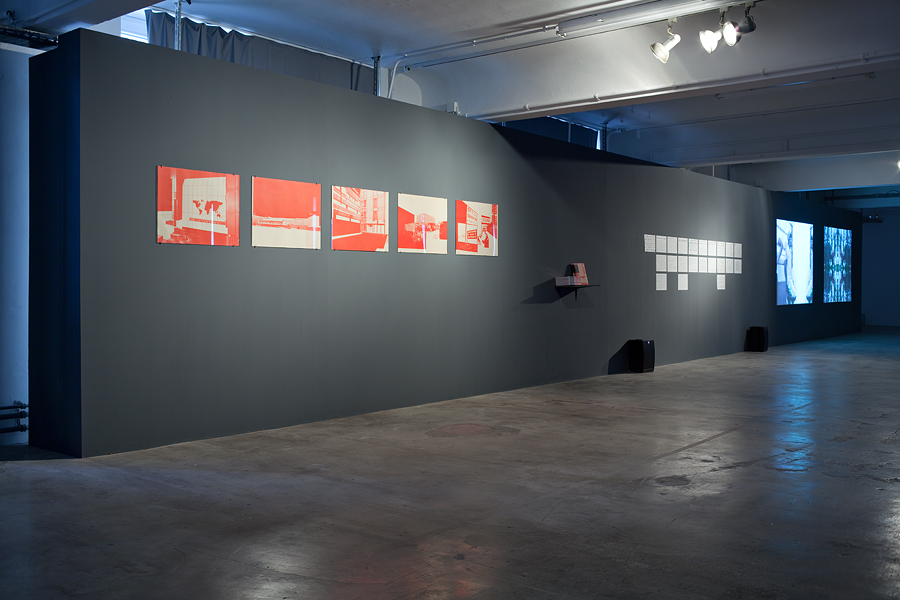
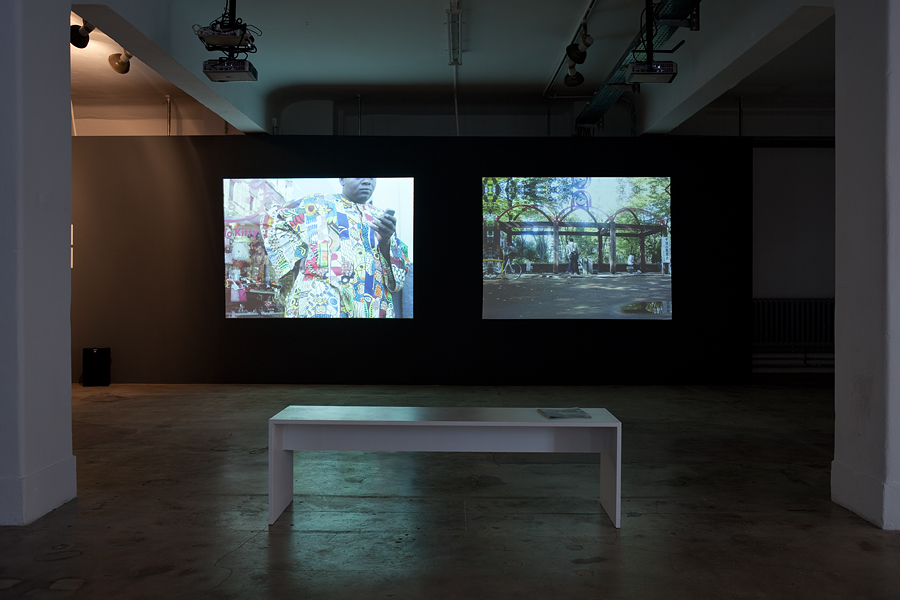
In her presentation, Lan Tuazon will talk about the rules of temptation in every day relationships. “Do you want to know how to interpret social behavior or how to open a group situation? Learn how to demonstrate values, read signs and play yourself convincingly. If you don’t know what neurolinguistic programming means – maybe you should know that.”
Each week, the series “Hier und Jetzt” presents artists who live and work in Stuttgart. In talks, performances and discussions, the series aims to exhibit different approaches in various sections and disciplines to shape the scene of young artists in Stuttgart.
Parts of the event series are initiated in cooperation with Akademie Solitude. Curators: Michael Birchall, Axel. J. Wieder.
Each week, the series Hier und Jetzt presents artists who live and work in Stuttgart. In talks, performances and discussions, the series aims to exhibit different approaches in various sections and disciplines to shape the scene of young artists in Stuttgart.
Parts of the event series are initiated in cooperation with Akademie Solitude. Curators: Michael Birchall, Axel Wieder.
The series Hier und Jetzt (Here and Now) comprises of weekly events by artists, who permanently or temporaily live and work in Stuttgart. Within talks, performances and discussions, the series introduces various artistic approaches from different art disciplines. Different opinions and social relationships show the plurality of the local art scene, its specifics and its relations to transregional discourses. The eventsoffer direct communication with artists and try out new forms of presentation.
Here and Now will be continued in the second half-year 2010.
Parts of the series were developed in collaboration with Academy Solitude. Curators: Michael Birchall, Axel Wieder.
Artistic research and transdisciplinar cooperation at MIT
Gyorgy Kepes, Hungarian artist and founder of the Center for Advances Visual Studies (CAVS) at Massachussets Institute of Technology (MIT) in Cambridge/USA, propagandises “art on a civic scale”. His series of publications Visions and Value, due to its comprehensiveness over disciplines, not only depicted an huge influence on other artists, but also affected scientists beyond the field of the MIT. The CAVS became the epicentre of artists interested in a research orientated environment. Kepes and his successor Otto Piene, member of the group ZERO, focus on the interdependancy of art, science and research.
How do we nowadays support such a cooperation? What is our understanding of artistic research? Is this a way of exploiting art? How does art intervene or get involved in the arrangement of a society? In her talk, Ute Meta Bauer will respond to these questions and furthermore depict the MIT’s efforts to connect artistic research and doctrine.
An event of the Kunstbüro Baden-Württemberg, in cooperation with the Künstlerhaus Stuttgart.
Subsequently, a talk from the series Über Kunst between Ute Meta Bauer and Nikolai B. Forstbauer takes place at the Galerie Klaus Gerrit Friese at 8pm.
www.galeriefriese.de
On the occasion of the publication of the monography Stefan Panhans – 5 Videos by the publishing company Merz & Solitude, the Künstlerhaus Stuttgart will present the video programme Stage of Desire in cooperation with the Merzakademie. Within seven screened videos, ten artists depict desire as dialectic counterpart of recognition and study the procurance of emotions. The overlap of fiction and reality is a mutual subject such as the questionning of the medium film.
Programm
Keren Cytter: Der Spiegel (2007), 4:30 min
Der Spiegel shows the naked body of a 42 year old protagonist who is drawn by the illusion of being a sixteen year old girl, loved by the man she wants. Her sense of self is quickly destroyed by a mirror. A choir – symbolising the voice of the mass – comments on her confessions of love: “Subtitles: and young bodies are better than an old woman.”. The theatrical staging of the highly concentrated situation takes place in a nearly empty room with no stage props but a mirror and the camera itself. The gazes and comments of the others appear as social instances.
Stefan Panhans: If a store clerk gave me too much change (2009), 15 min
In If a store clerk gave me too much change the camera focusses a collage of a room filled with numerous requisites and a weirdly dressed protagonist positioned in its centre. Stefan Panhans’ character speaks out quotes from guidebooks for lifes and careers, supported by two actresses. The slogans exaggerate the unlimited devotion of the flexible neoliberal worker to life-long learning. Beyond the means of imagination, the words loose their representational sense.
Ming Wong: Angst Essen (2008), 27 min
The title of Ming Wong’s film refers to one of the best-known works of Rainer Werner Fassbinder, Angst essen Seele auf with Brigitte Mira. The social drama shapes the portrait of Germany in the 70ies and focusses on suppressed problems like xenophobia, a lack of justice, conflicts between old and young generations and alienations in the workaday life, which are contemporary issues. Playing every role himself, Wong patterned every scene of Fassbinder’s film. With this self-experiment, where protagonists played by the same actor are confronted with animosity and predjudice, the director creates a strongly artificial atmosphere that works as a homage and mockery of the original.
Ho Tzu-Nyen: The Bohemian Rhapsody Project (2006), 5:52 min
The Bohemian Rhapsody Project is a staged casting for a fictitious film, based on the lyrics of the song Bohemian Rhapsody (1975) by Queen. In a former court room a selection of 22 professional and non-professional artists are invited to an audition in front of an audience of further actors and the film crew. The film only shows this audition, cut down to the full length of the song. Among the spoken lines and occassional musical insertions, the video takes the spectator back to his memories of the disco pop classic
Eske Schlüters: After the Rehearsal (2008), 7:30 min
The film shows sample recordings of the actress Delphine Seyrig, originated from the making-of Chantal Akerman’s Jeanne Dielman, 23 Quai du Commerce, 1080 Bruxelles (1975). These sequences and further isolated film scenes constitute an observations of forms of rehearsal, which are intensed by the use of theatre theoretical texts.
Judith Hopf, Deborah Schamoni, Clemens Schönborn: Elevator Curator (2005), 22 min
The former French minister of culture travels to Istanbul in her new profession as European curator for contemporary art to render an expert opinion on an exhibition of three fellowship holders. Surprised by her arrival the artists make big efforts to improvise an exhibition. Meanwhile, Elodie Schneider experiences a personality change. Elevator Curator was drafted and produced as part of the mutual soap opera Ping Pong D´Amour: Der Aufbruch.
Künstlerhaus Stuttgart presents two solo exhibitions of Susanne Kriemann and Oscar Tuazon. Both artists, in different ways, deal with the social function of architecture. Each artist has created new work for the exhibition directly related to specific aspects of the architectural history of Stuttgart.
Susanne Kriemann’s work Ashes and broken brickwork of a logical theory reflects her interest in historical moments, in which utopian models become visible and then collapse. What often remain from such departures are, since the onset of Modernism, photographic or filmic images. In her work, shown for the first time at Künstlerhaus Stuttgart, Susanne Kriemann combines her own photographs with archive material. In a series of photos and a slide installation, she connects the reception history of the modernist model estate Weisshofseidlung (1927) in Stuttgart with an enormous archaeological site in Syria to associatively examine the relationship of present and past. The exhibition of Susanne Kriemann is a co-production with the exhibition space ‘Kiosk’ in Gent, where it will be on display in early 2010. At the end of the exhibition, an artist book will be published.
In her photographic projects, Susanne Kriemann follows a research-oriented approach. Starting from observations usually related to the location of the exhibition, the projects follow specific motives through historical layers and over geographical or social domains. The subject of photography plays a significant role in the artist’s work. Not only a tool for making visible, the images themselves are always simultaneously scrutinized by the artist. Through references to the history of photography, the way that images are used to construct our view of the world becomes a central theme of her work.
An important figure in the exhibition in Stuttgart is Agatha Christie, who in addition to her work as a detective story author acted as photographer during the archaeological excursions she went on with her husband, Max Mallowan. Her experiences in the Middle East then served as inspiration for many of her novels, such as Murder on the Orient Express. Conversely, the Weissenhofsiedlung, which still exists today, has a sort of parallel existence within architectural history as a series of photographs that are unlike the building complex’s current appearance.
Susanne Kriemann (b. 1972) studied at the Kunstakademie in Stuttgart and at the Ecole Nationale Superieure des Beaux Arts in Paris, she lives in Rotterdam and Berlin. Recently she had solo exhibitions at the Stedelijk Museum Bureau Amsterdam, in the Galerie Wilfried Lentz, Rotterdam and at Uqbar Berlin (all 2009). Her work was also included in group exhibitions at the Ursula Blickle Stiftung in Kraichtal, Berlin89/09 at the Berlinische Galerie, at the Fotomuseum Rotterdam, and she participated in the 5th Berlin Biennial. In 2009, a monograph One Time One Million was published by Roma Publications, Amsterdam.
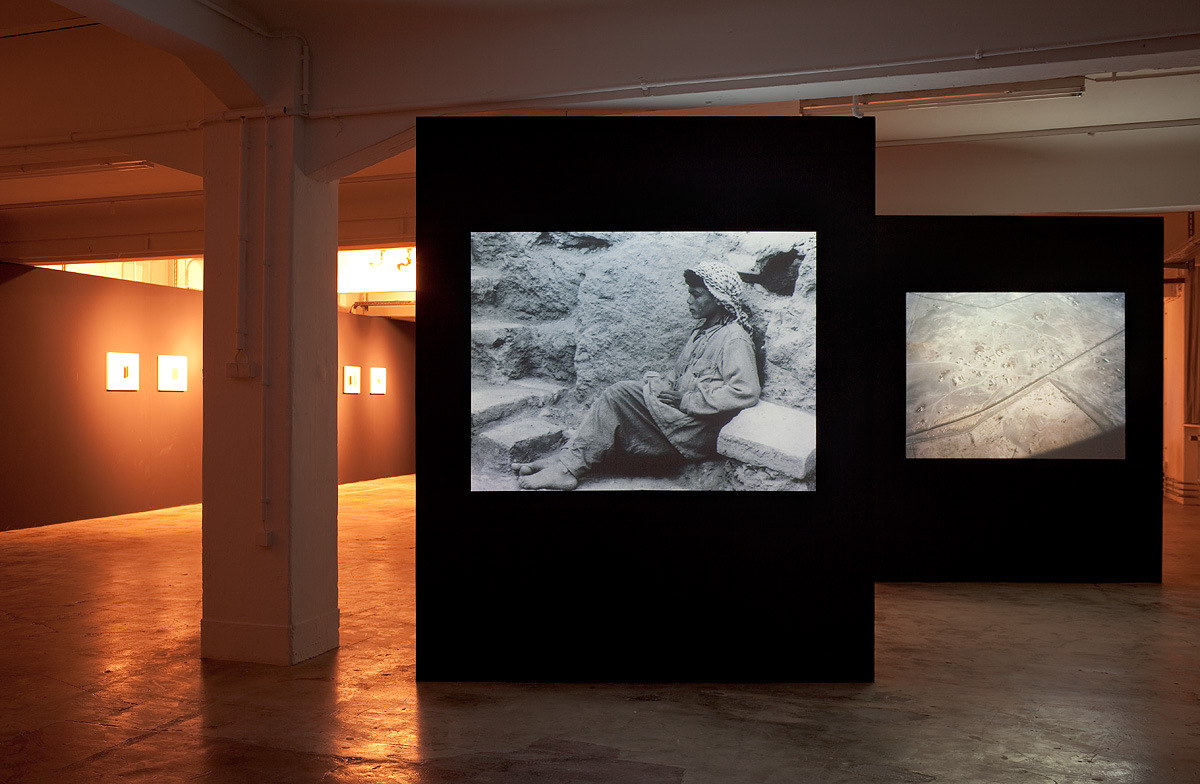
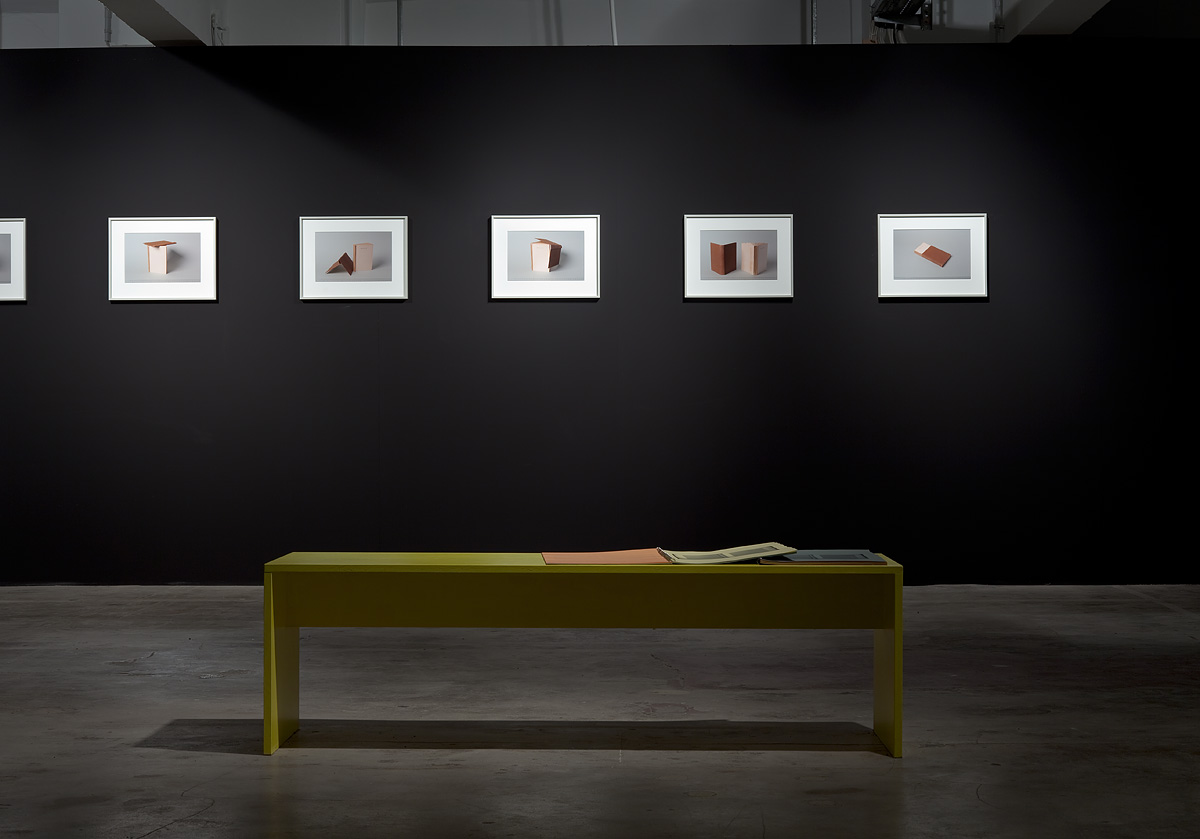
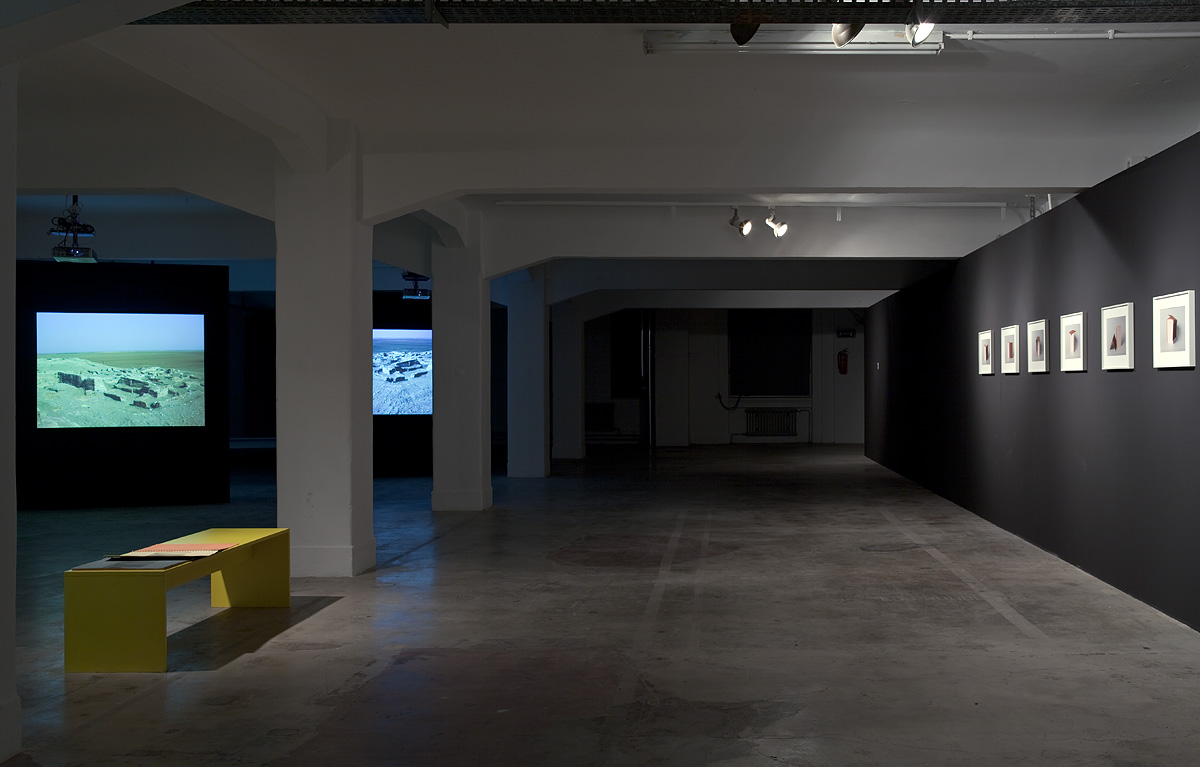
Das Künstlerhaus zeigt zwei Einzelausstellungen von Susanne Kriemann und Oscar Tuazon, die sich auf unterschiedliche Weise mit der sozialen Funktion von Architektur auseinandersetzen. Beide KünstlerInnen haben für die Ausstellung jeweils neue Arbeiten entwickelt und beziehen sich dabei auf spezifische Aspekte der Architekturgeschichte in Stuttgart.
Oscar Tuazon arbeitet seit einigen Jahren an skulpturalen Werken, die deutliche Bezüge zur Formensprache der Architektur aufweisen. Hatten frühere Arbeiten dabei eine Nähe zu funktionalen Aspekten der Architektur, so konzentriert sich Oscar Tuazon inzwischen zunehmend auf die Materialität der eingesetzten Werkstoffe. Baumaterialien wie Beton, einfaches Bauholz, Glas und Metall werden von ihm häufig entgegen ihres eigentlichen Zweckes verwendet und entwickeln so neue ästhetische Qualitäten. Eine wichtige Referenz für Oscar Tuazon ist dabei Architektur, die von ihren Nutzern selbst entwickelt oder ausgeführt wurde. Er ist fasziniert vom Erfindungsreichtum spontaner Siedlungen und vom improvisierten Gebrauch unterschiedlichster Materialien, mit denen sich Menschen in Räumen einrichten.
Für die Ausstellung Against Nature im Künstlerhaus Stuttgart realisierte Oscar Tuazon eine Reihe von neuen Arbeiten, die an die Forschungen des legendären Instituts für Leichte Flächentragwerke (IL) an der Universität Stuttgart und des Forschungslabors für Experimentelles Bauen in Kassel anknüpfen. Das Institut für Leichte Flächentragwerke wurde von Frei Otto 1964 gegründet und entwickelte im Austausch mit Biologen, Medizinern und Paläontologen experimentelle Konstruktionen, die auf pneumatischen und biologischen Konstruktionsprinzipien basieren. Das bekannteste Gebäude Ottos ist die zwischen 1968 und 1972 realisierte Überdachung des Olympiageländes in München. Das Kassler Institut wird bis heute von Frei Ottos ehemaligem Mitarbeiter Gernot Minke betrieben.
Oscar Tuazon greift in seiner Installation nicht nur auf die formellen Eigenschaften der architektonischen Forschungen zurück, im Zentrum seines Interesses steht vielmehr die Radikalität des in die Architekturvisionen eingeschriebenen Lebensentwurfs, etwa nomadischer oder völlig isolierter Lebensweisen. Mit leichten Stahlkonstruktionen, rohem Beton, Plastikplanen und Reifen gliedert Oscar Tuazon den Ausstellungsraum und übersetzt die Fähigkeit von Architektur, Stimmungen zu erzeugen, in den Ausstellungsraum. In die Installation sind weitere Arbeiten integriert, die wie Modelle funktionieren und so die räumliche Inszenierung zwischen tatsächlicher und bildhafter Architektur oszillieren lassen. Der Titel der Ausstellung geht auf die englische Übersetzung von Joris-Karl Huysmans Roman “Gegen den Strich” (1884) zurück, der das Leben eines jungen Ästheten beschreibt, der schließlich völlig zurückgezogen in einer ganz und gar künstlichen Welt lebt.
Oscar Tuazon (*1975) lebt und arbeitet in Paris. Er hat in den letzten Jahren an zahlreichen internationalen Austellungen teilgenommen. Zu seinen letzten Ausstellungen zählen Einzelpräsentationen im Centre international d’art et du paysage, Ile de Vassiviere, Galerie Balice Hertling Paris, in der David Roberts Foundation London, Standard Oslo (alle 2009), bei Michele Maccarone New York, dem Seattle Art Museum (2009) und im Palais de Tokyo Paris (2007). Im nächsten Jahr zeigt er eine Einzelausstellung in der Kunsthalle Bern. Zusätzlich zu seiner eigenen künstlerischen Tätigkeit ist Oscar Tuazon Mitbetreiber der Galerie “Castillo/Corrales” in Paris sowie von “Section 7 Books”, einem Buchladen, der gleichzeitig als Ort des Austausches zwischen KünstlerInnen in Paris dient. Against Nature ist Oscar Tuazons erste Einzelausstellung in Deutschland.
1 Oscar Tuazon: A Busted Tool (Detail), 2009, 2 Oscar Tuazon: Minimal Ways, 2009, 3 Oscar Tuazon: Wet Test, 2009, 4 Oscar Tuazon: Against Nature, 2009, 5 Oscar Tuazon: Gernot Minke Archive, Research Laboratory for Experimental Building, University of Kassel, 2004
[credits]The exhibition by Oscar Tuazon is supported by the Institut Français and CULTURESFRANCE.
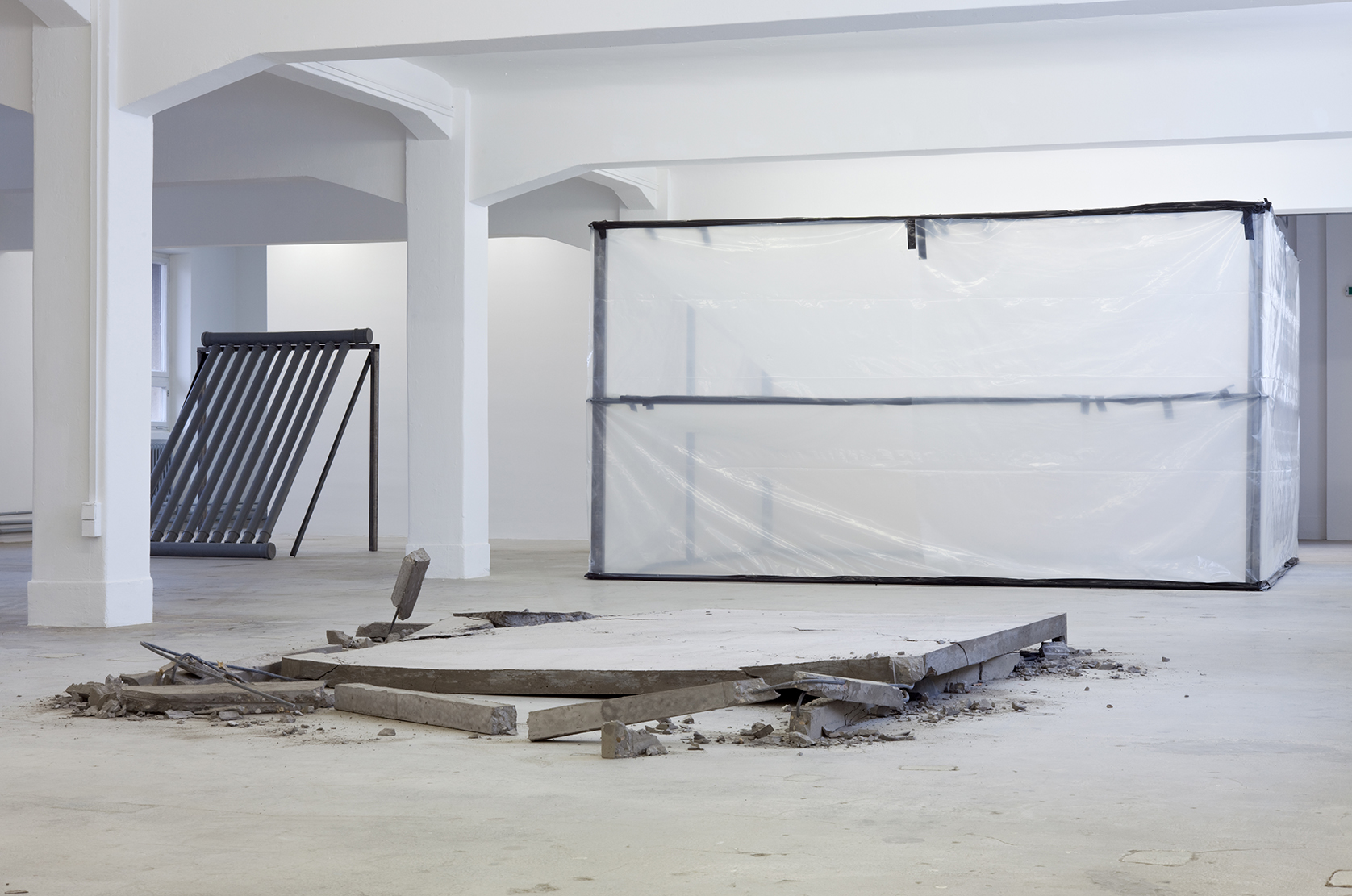
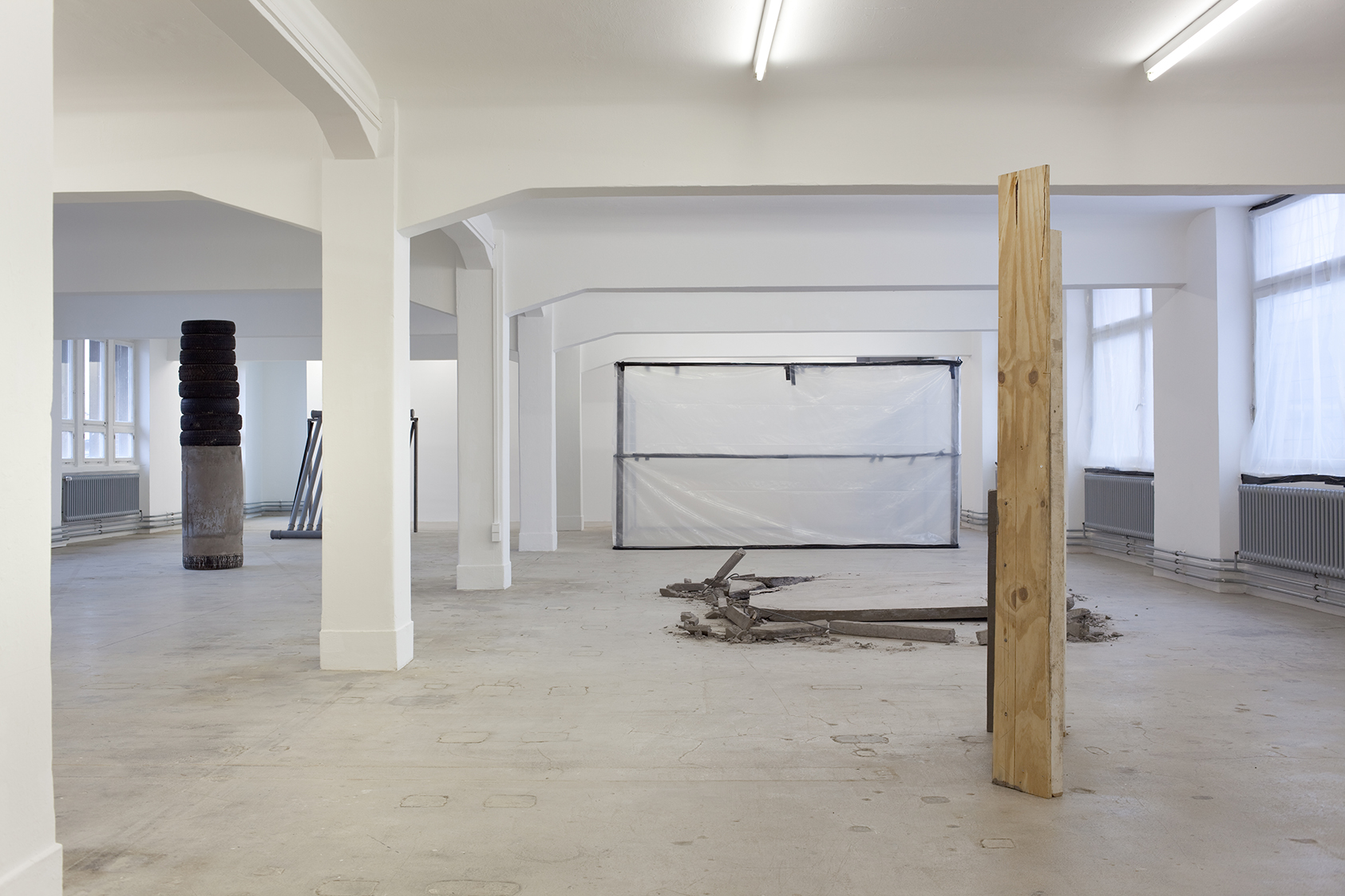
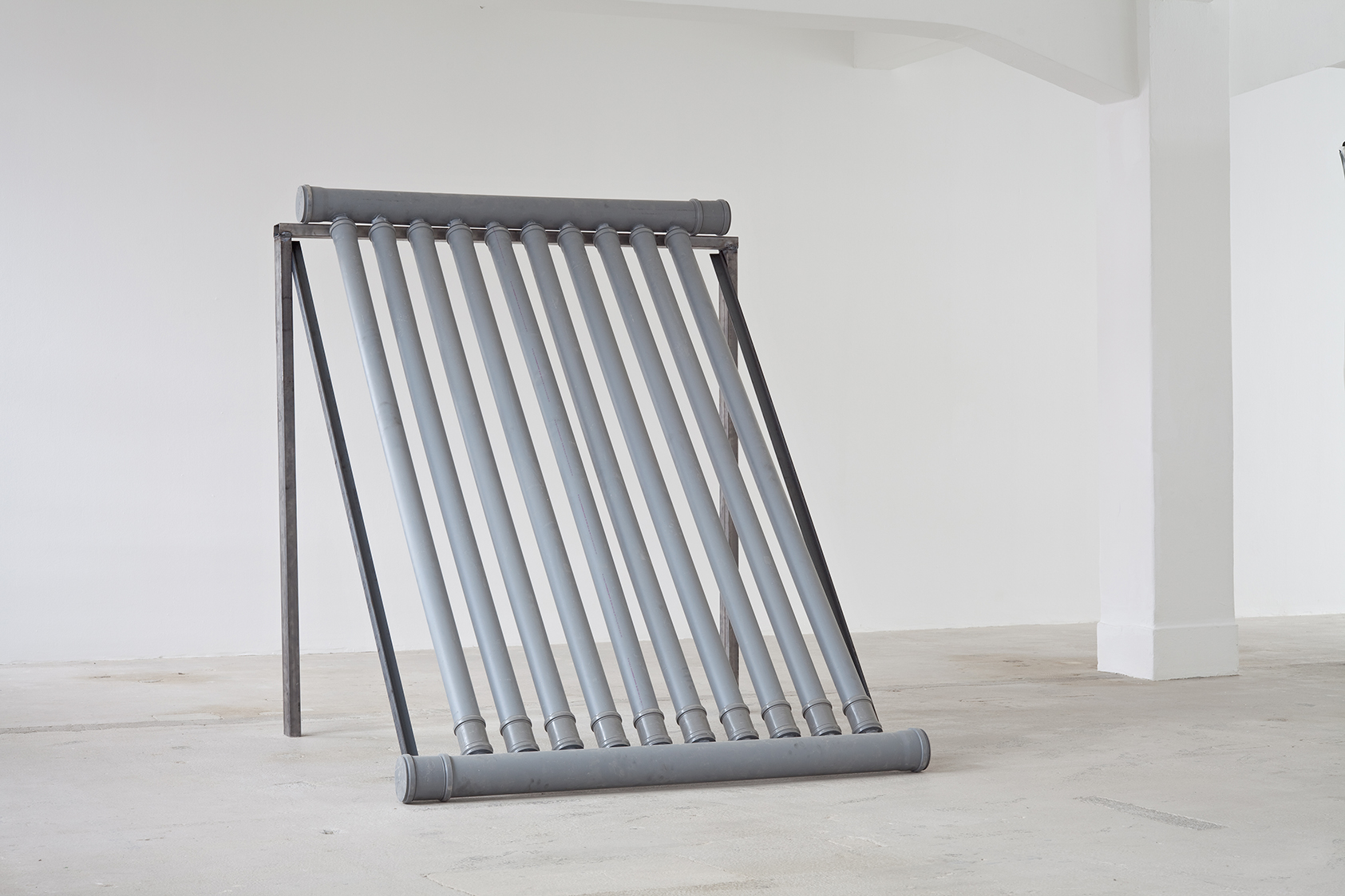
The reward of the foundation Stiftung für Kunst und Wissenschaft that ellocates an amount of 15.000 Euro once a year to award distinguished cultural achievements in Baden-Wurttemberg is this year parted by the Künstlerhaus Stuttgart and the Stankowski-Stiftung in equal measure.
Dr. Max Gögler, chairman of the foundation: “Both, Künstlerhaus and the Stankowski-Stiftung essentially contribute to the cultural life in Baden-Wurttemberg and beyond. Regardless of the differences of the two awardees, these institutions share a common concept: Both separate themselves from the classical image of a museum and reveal art and artists to public space. The art abandoned its frames.”
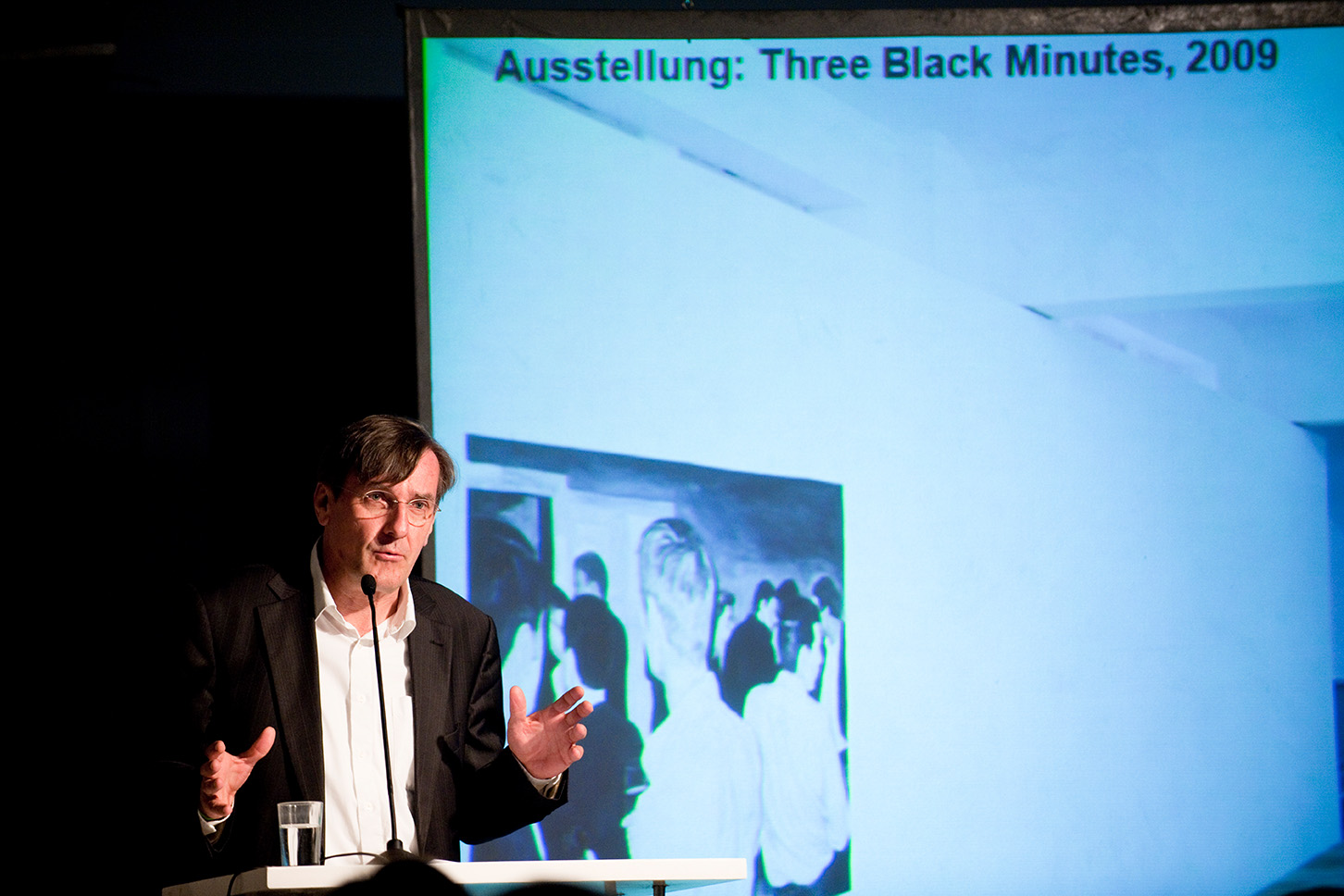

Künstlerhaus Stuttgart is pleased to present an exhibition and a program of events dedicated to the artistic career of the English composer Cornelius Cardew. Cardew is considered to be amongst the most important composers of the late 20th century, however in Germany his work is little known. In 1981, he tragically died at the age of 45. The project is co-organized with the CAC Brétigny, where it was initially presented in Spring 2009. It includes rarely seen archive materials, photographs, scores, and recordings, as well as a series of concerts and performances, some of which are co-produced with the Staatsoper Stuttgart, to go beyond a museal approach and reflect the vibrancy of Cardew’s work and his influence on contemporary artistic and musical practice.
The English composer Cornelius Cardew (1936-1981) is one of the significant composers to have emerged in the second half of the twentieth century. He worked with Karlheinz Stockhausen and John Cage, and inspired a generation of British avant-garde composers and musicians such as Gavin Bryars, Brian Eno, Michael Nyman, and Frederic Rzewski. His radical approach to composition and his political reflection on the status of music making led him, in the late 1960s, to try to forge populistic access to avant-garde culture. The Scratch Orchestra, which grew out of classes Cardew taught at Morley College (an adult education college in South London) in 1968, radically questioned the social limitations of art and music as realms of specialized knowledge and experience. Combining both trained musicians and non-musicians, the Scratch Orchestra not only transgressed the traditional boundaries and hierarchy separating the composer, performer, and listener, but also the boundaries dividing the realm of art into separate fields; visual and performance art were equally a part of the collective and creative experience that inspired the members of the Scratch Orchestra throughout its four-year existence. Recently, a renewed interest in Cardew’s work as a composer and political figure has developed. An anthology of Cardew’s writings (Cornelius Cardew 1936-1981: A Reader, Copula 2006) and an exhibition (Lonely at the Top: Sound Effects #3, 2008) at the MukHA in Antwerp were followed by the publication of the biography Cornelius Cardew (1936-1981): A Life Unfinished (Copula 2008), written by pianist and ex-Scratch Orchestra member John Tilbury.
Künstlerhaus Stuttgart presents an exhibition with scores, documentary photographs, films, posters, and other visual material, that traces Cardew’s career from the seminal graphic score Treatise (1965-67) to the history of the Scratch Orchestra and its dissolution in 1975, when Cardew renounced his work as an avant-garde composer and, until his death in 1981, devoted his energy to politics. The exhibition includes a film and a photo series by Scottish artist Luke Fowler. In conjunction with the exhibition, Künstlerhaus Stuttgart presents a series of performances reflecting the span of Cardew’s career, along with a number of compositions by former members of the Scratch Orchestra.
Participating artists and musicians were invited to select and interpret Cardew’s compositions. In a historical moment when there may be a tendency to sentimentalize “the good old days of experiment and action,” as one recent review of Cardew’s writings has suggested, the exhibition not only valorizes the intense work of a lesser-known yet internationally significant avant-garde composer, but instead attempts to locate the potential of musical experimentation within a current aesthetic practice.
The exhibition continues a series of exhibitions at Künstlerhaus Stuttgart, which focus on historical methodologies of participation and their relavance to the present. Previous exhibitions included 1,2,3…Avant-Gardes: Open Form (2007) on the filmic games of the Polish architect Oskar Hansen, and Social Diagrams: Planning Reconsidered (2008) on the history of planning methodologies.
Cornelius Cardew and the Freedom of Listening is curated by Dean Inkster and Jean-Jacques Palix in collaboration with Lore Gablier and Pierre Bal-Blanc. The exhibition includes archival material from the collections of Horace Cardew, Keith Rowe, Victor Schonfeld, Stefan Szczelkun and Samon Takahashi as well as films by Luke Fowler, Nicolas Tilly and Lore Gablier. The performance program features events with Keith Rowe, Ekkehard Ehlers, Annie Vigier and Franck Apertet and more. The graphic design for the exhibition is created by Vier5.
Michael Parsons: Walk
05.11.2009, 3.00pm
Location: Central Railway Station, Main Hall
Keith Rowe: Concert and Talk
05.11.2009, 7.00pm
The Great Learning – Paragraph 7, Director: Jean-Jacques Palix
Ekkehard Ehlers, Innocence
07.11.2009, 7.00pm
The Great Learning – Paragraph 1, directed by Stefan Schreiber
20.11.2009, 7.00pm
with the Youth Choir of the Young Opera, Staatsoper Stuttgart, directed by Thomas Schäfer
The Great Learning – Paragraph 5, directed by Annie Vigier, Franck Apertet, Lore Gablier
Horace and Walter Cardew: Concert
21.11.2009, 5.00pm
Location, if not otherwise stated: Künstlerhaus Stuttgart, 2nd floor
Fee: 5.00 EUR (reduced: 3.00 EUR)
The exhibition Quasar ⇔ Lanterns, a collaboration of Ei Arakawa and Sergei Tcherepnin developed for the Künstlerhaus Stuttgart, is comprised of an installation, 3 videos, a series of sound pieces and a performance. The installation inhabits the center of the exhibition space and incorporates symbolically charged objects like carpets and laterns that are used as sound diffusing elements. Every day at a different time, the installation will be activated by one of three sound pieces, lasting about 30 minutes. The sound pieces are transmitted by a multi-channel system of speakers, developing an enormous spatial effect. The music combines analog synthesizer recordings and other instrumental sources with field recordings, recorded during both artists’ travels to Turkey and Georgia.
In their collaborative exhibition, Ei Arakawa and Sergei Tcherepnin examine the interplay of music and visual art, which has a tradition in the modern avant-garde, but also in several postwar movements, like the Arts & Technology program in the USA or Jikken Kobo in Japan. A shared interest is in exploring possibilities to create artistic environments that involve visitors and shift and re-shape their roles and definitions. The installation is conceived as an experience depending on subjective movement, giving the space a performative quality. Another level is formed by historical and biographical references, which Ei Arakawa and Sergei Tcherepnin associatively introduce. In one of the videos for example, the soundtrack of a postwar Japanese film (composed by former member of Jikken Kobo) is combined with footage of street protests and a televised wedding in Turkey. Other videos show performances by the artists and others in various sites in Georgia, where Tcherepnin’s composer grandfather spent his youth participating in the pre-Soviet avant-garde. The installation does not offer an historical reconstruction or a set narrative, rather it connects different meanings and levels, to allow questions about the relationship of sound, spatial experience, and representation, and to facilitate moments of instability and open exchange between different cultural systems.
As part of the exhibition at Künstlerhaus and providing a parallel version of the show, a performance developed by Ei Arakawa and Sergei Tcherepnin will take place at the temporary project space WHITE HEAT on September 20, 2009 at 5pm.
Supported by Teppichgalerie Borhanian, Stuttgart and Südwest Sound, Neustadt an der Weinstrasse.
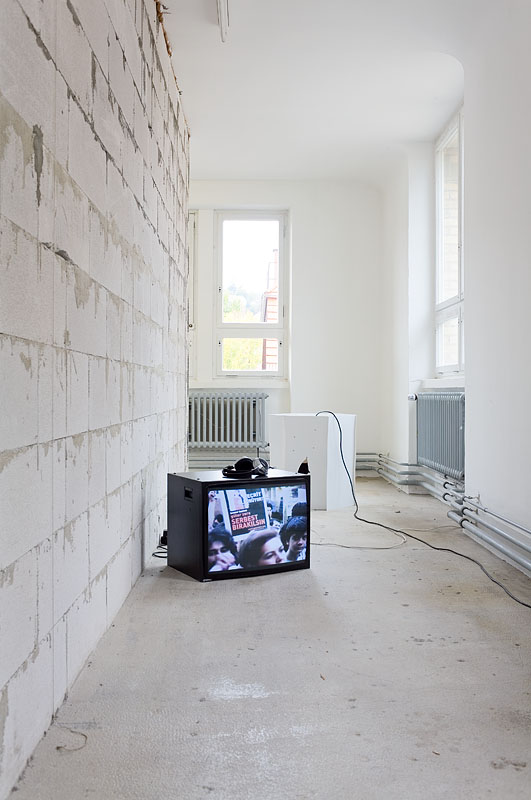

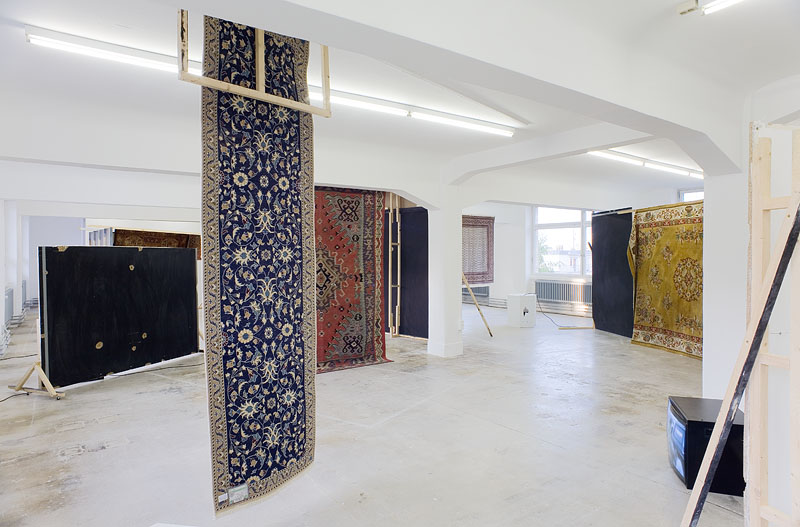
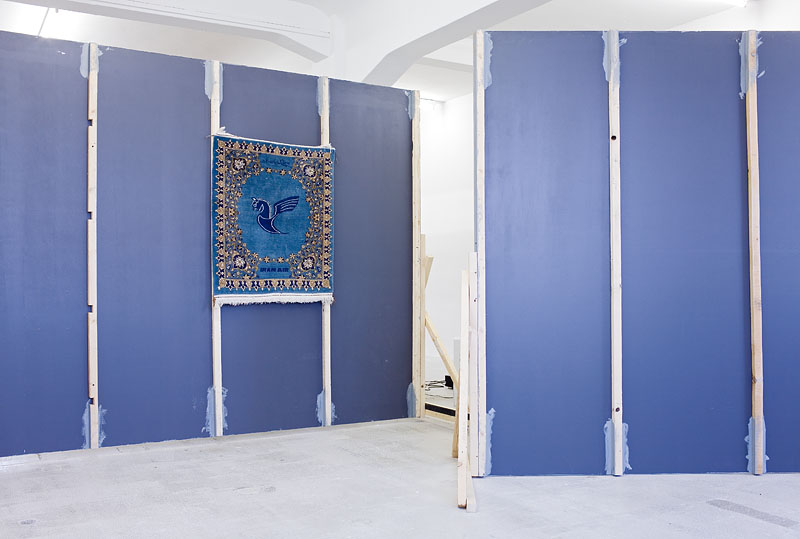
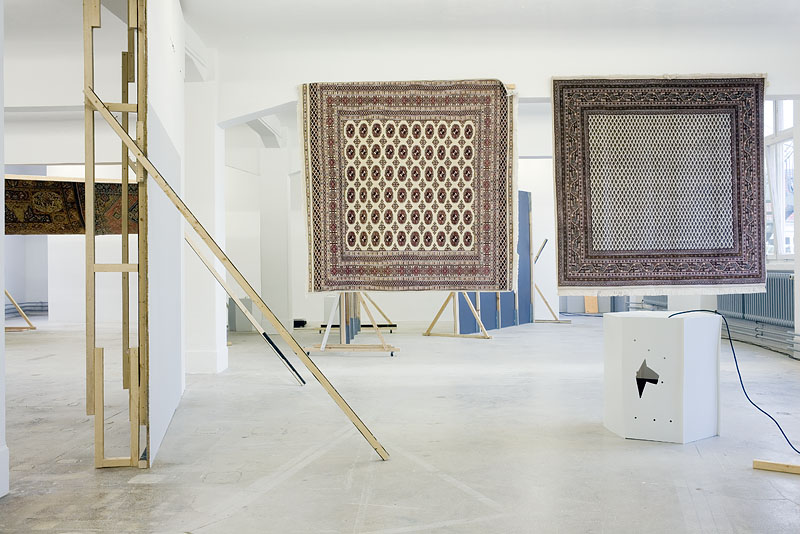
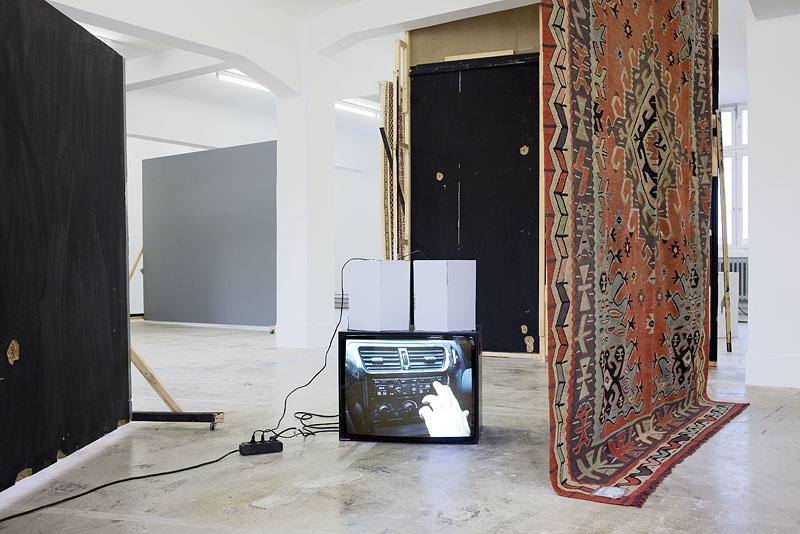
Stadtstaat explores the interlocked, equivocal relations between contemporary models of governance and their visual identity, by taking an imaginary city-state as a case study. This city-state is the result of the unlikely merger of two distant cities in different countries: Stuttgart and Utrecht. The scenario for such a fictional state is considered amidst the setting of contemporary geopolitical conditions-the economic downturn, the increasing prominence of networking, partnership, and alliance as replacements of sovereignty, and the growing demand for cities to globally compete for visibility.
The project proposes branding and other representational models for the Stadtstaat that unfold in an actual policy experiment. The design is applied as an act of constructing a visual horizon, imagining the impossible to seek the possible. This reversal process of forming a political, governing entity creates a speculative space of reflection. Various levels of perception and understanding of the operation of a city and nation, in relation to the space-structuring effects of new information technologies, are played out. The graphic surface becomes visible as a platform that turns communication into political interaction.
The project centers around the formation of the exhibition space as a spatial assemblage of the various visual and representational items of the Stadtstaat. They are based on research into the specific situation of the respective cities and their existing visual identities. The conceptual approach of the project is also informed by Metahaven‘s ongoing investigation into new informational procedures, such as encryption and compression. More than just a matter-of-fact situation describing the informational technocracy which surrounds us, procedures of encryption and compression raise fundamental questions about identity, communication, the access to information and the changing role of the designer. Stadtstaat reflects on these and other usually hidden mechanisms, and the space that they create.
Stadtstaat is co-produced and presented by Künstlerhaus Stuttgart and Casco Office for Art, Design and Theory in Utrecht. The project will unfold into two episodes at two venues.
Supported by the Mondriaan-Foundation and our media partner Slanted.
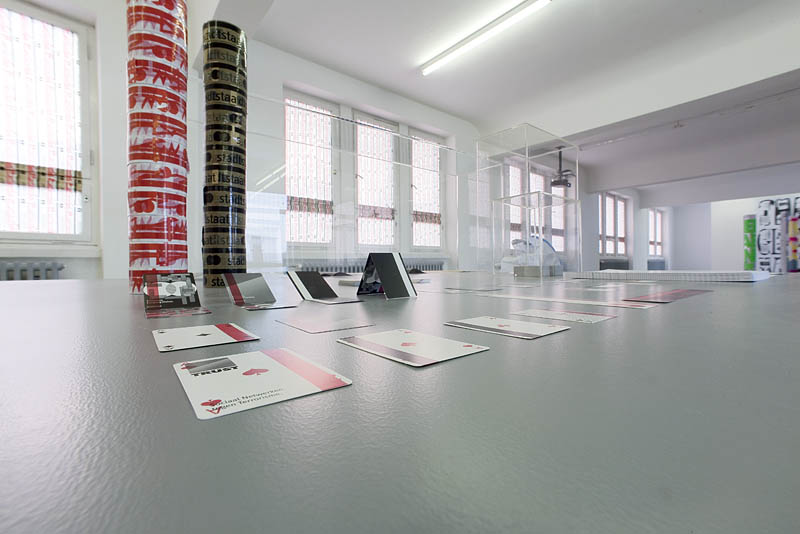
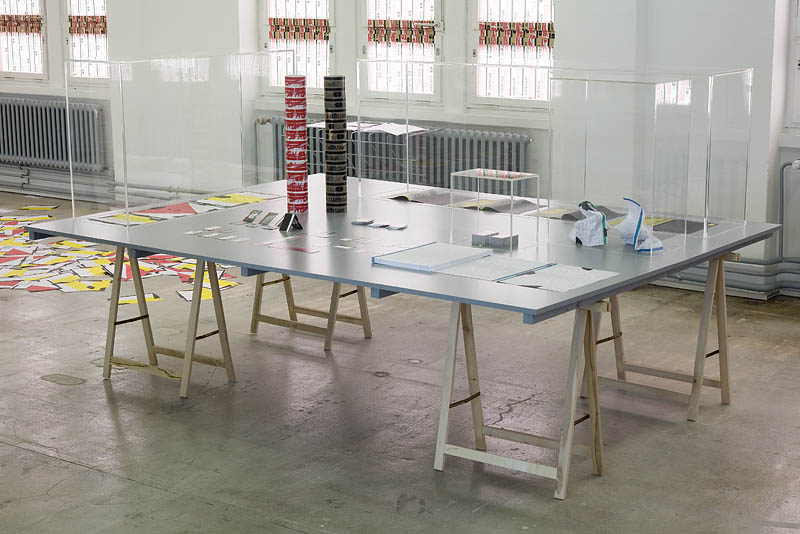
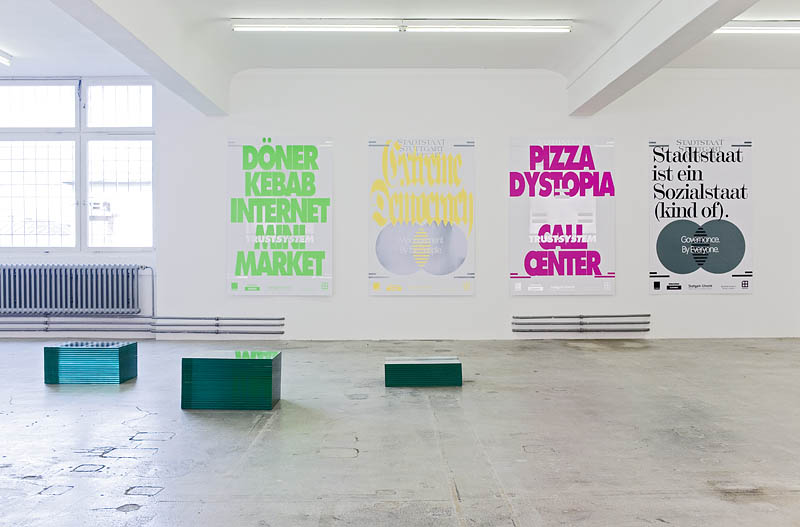

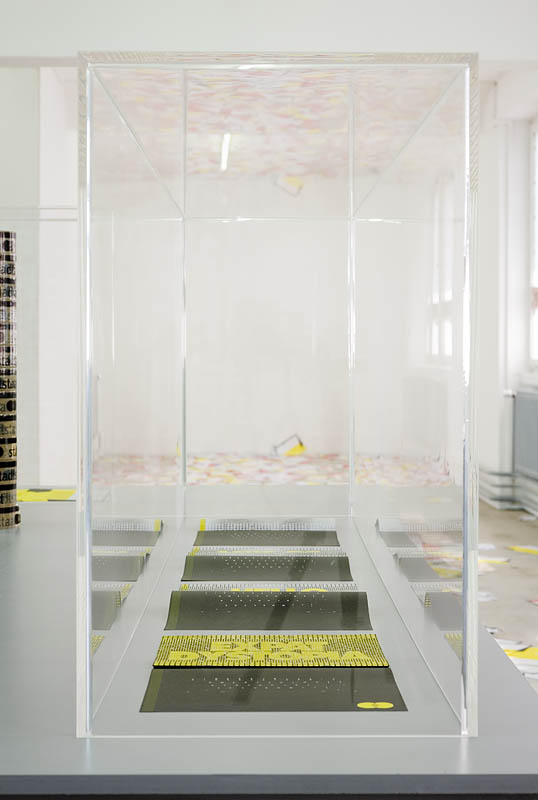
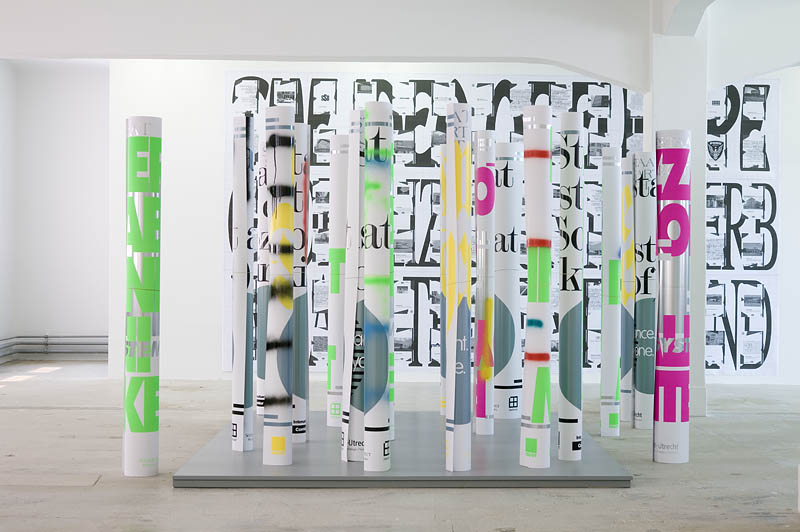
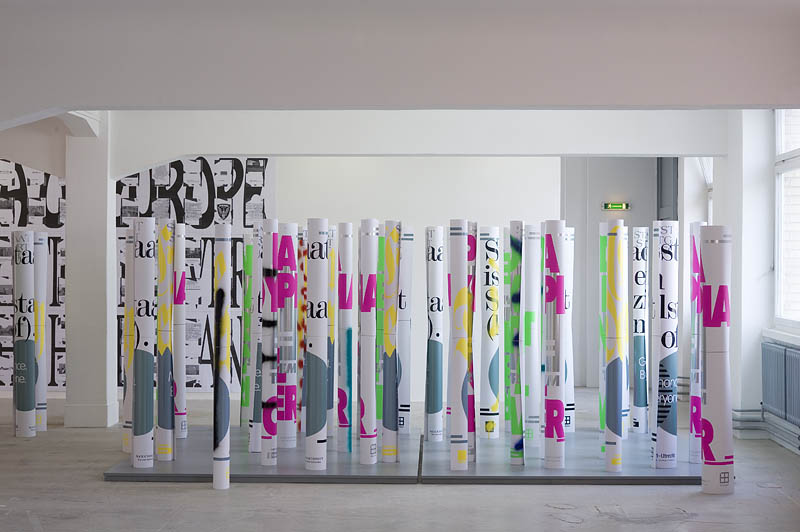

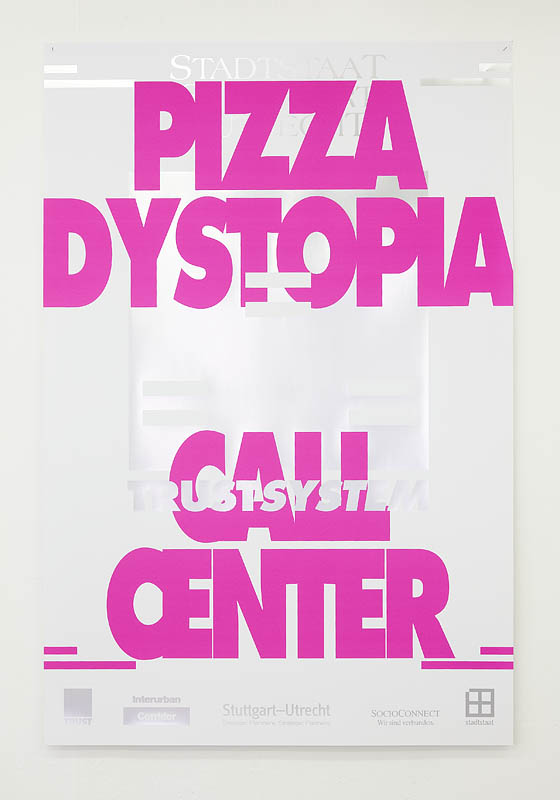
Following the rebuilding of post-war Western Germany after 1945, the film series Come in, friends, the house is yours! reflects on the opportunities and linits of democratic learning, thinking and acting under market-economy conditions. Künstlerhaus Stuttgart presents two modified programs that was curated by Florian Wüst from Kinemathek Karlsruhe. Modern urban design, civil self-help and education form thematic priorities of the historical re-education films, documentaries and animated films.
Curated by Florian Wüst. Cooperation partner: Kinemathek Karlsruhe.
Short film program: Selbst ist der Mensch
Introduced by Florian Wüst
May 14, 2009, 7 pm
New Town
John Halas & Joy Batchelor, UK 1948, 8′
After 1945, England built numerous new housing estates to reduce the overcrowding in big cities and to create substitute for houses and apartments that were damaged or destroyed during the war. The animated film New Town by John Halas and Joy Batchelor is about the average citizen Charly. Charly contrasts the unhealthy life and work in the old industrial metropolis with the new functional cities: open green areas, diverse housing estates and community centers form the basis of modern life circumstances.Lender: British Film Institute, London
Jedermann ein Fußgänger
Willi Prager, Producer: Zeit im Film, BRD 1950, 13′
Increasing traffic in Western German cities became a problem in the 1950s, the number of accidents surged dramatically. The re-education film Jedermann ein Fußgänger shows that it’s not only a job of the police to master the situation – it also requires ordinary citizens to be attentive and responsible. The films shows a session of Stuttgart’s traffic parliament, where car drivers, pedestrians, residents, tradespeople and communal representatives come together to “discuss problems, hear opinions and find the best solution for everyone”. The film suggests concrete measures – straightening of streets, installation of mirrors at critical crossroads, etc. – and shows democratic processes regarding public concerns.
Lender: Kinemathek Hamburg
Und was meinen Sie dazu?
Eva Kroll, Producer: Zeit im Film, BRD 1950, 18′
A loudspeaker van drives across Marburg inviting people to a discussion about gender equality. It’s a discussion about a new mindset – not comparable to a market argument on the quality of offered fish. There are rules that are supposed to keep the discussion going. The aim of a discussion is to examine all sides of the problem so that everyone can form an opinion. In order to give an introduction on the techniques of discussing, Eva Kroll participated in a training for discussion leaders at House Schwalbach in Taunus. Different to the principle of the Führer during the Nazi regime, the remembrance of the religious conversations of Marburg (1529) proves the discussion culture in German history.
Lender: Kinemathek Hamburg
Das Haus am Dornröschenweg
Hans F. Hermann, Producer: Zeit im Film, BRD 1958, 21′
The house in Dornröschenweg connects the topics democratic education and private homes. Paul Möller, main character of the film, goes to court over a building licence for an estate in the suburbs of Hamburg that was declined by the authorities. He eventually wins and is allowed to build. A conversation with a man, a migrant from the GDR, gives a twist to the story: The man doesn’t believe in the success of the trial which illustrates the intention of the film: Creating faith in the principle that everyone is equal in front of the law and that everyone is free to go to court against the state.
Lender: Bundesarchiv – Filmarchiv, Berlin
Mit beiden Füßen auf der Erde
Loriot, Commissioner: DIE WAAGE, BRD 1959, 3′
The association DIE WAAGE. Gemeinschaft zur Förderung des sozialen Ausgleichs e.V. existed from 1952 to 1965 and represented an informal circle of companies that advocated for social market economy and the bourgeois majority in the elections for German Parliament. The last film of WAAGE Mit beiden Füßen auf der Erde (1959) was written by Loriot.
Lender: Foundation Rheinisch-Westfälisches Economic Archive Cologne
Porträt einer Bewährung
Alexander Kluge, BRD 1964, 13′
Porträt einer Bewährung recounts the live story of former police head constable Karl Müller-Segeberg who was born in 1900 and dutifully served under six administrations until an fateful incident happened during an official act. Unintentionally, a shot unloaded and as a consequence, Müller-Segeberg was pensioned against his will. Alexander Kluge’s film is an authentic portrait of a deeply obedient person. The film was awarded the main price at the Western German Short Film Days at Oberhausen in 1965.
Lender: Deutsche Kinemathek, Berlin
Short film program: Jugend von morgen
Introduced by Florian Wüst
Thursday, May 28, 2009, 7 pm
Aus der Spielkiste
Gerhard Grindel, BRD 1955, 9′
Aus der Spielkiste shows the opening of a playbox by the Red Cross Berlin. Donated toys are repaired and lended to children whose parents can’t afford buying new toys. The administration of the charitable organization is done by children which fosters personal development, responsibility and the awareness to treat common property carefully.
Lender: Federal Archive – Film Archive, Berlin
Aufsätze
Peter Nestler, BRD 1963, 10′
Peter Nestler created a documentary on the school routine of children in in the Swiss mountains. Students recite own essays describing their way to school, their classes or the looks of their teachers. Each recital is different, each child tries to keep a balance between Swiss German and standard German.
Lender: Deutsche Kinemathek, Berlin
Ferien vom Alltag
Johannes Lüdke, Producer: Zeit im Film, BRD 1951, 15′
An introvert baker asks „What do I do?“ (with the afternoon, vacation, life) and Ferien vom Alltag gives an answer. It is a community college excursion to Bavaria, that teaches its participants a democratic mindset, international understanding and a sense for aesthetics. The main characters and the audience have the same learning objective: creating social capacity to act.
Lender: Federal Archive – Film Archive, Berlin
Lehrerstützpunkt
Klemens Becker, Werner Nitzschke, Andreas Mücke, Lienhard Wawrzyn, BRD 1975, 26′
In the 1970s, 15 integrated comprehensive schools were established in West-Berlin, huge concrete buildings based on the same model. Classes 7-10 are located in so-called middle level centers, each of them housing 1500 students and 120 teachers. Sick leaves of teachers are very common in these schools. The film Lehrerstützpunkt that was produced at German Film and Television Academy Berlin shows the daily routine of an ordinary teacher, from waking up to leaving for school. During breakfast, the teacher has nightmare-like visions and considers staying home at his Lehrerstützpunkt.
Lender: Deutsche Kinemathek, Berlin
Het Leesplankje (The Reading Lesson)
Johan van der Keuken, NL 1973, 10′
At Dutch primary schools, students learn reading by using combinations of words and images. In Johan van der Keukens short film Het Leesplankje, these images printed on small cards are gradually being replaced with current events. The filmmaker presents his political world view: “Within a very small space I attempted as far as possible to separate the sequential nature of the images and their meanings. By using short takes I was able to get as far as Salvador Allende’s speech and scenes of Pinochet assuming power in Chile. Then we return again to the beginning, but the whole memorising process is now destroyed.” (Johan van der Keuken)
Lender: Idéale Audience International, Paris
Proper Education
Eric Prydz, SE 2006, 4′
In late 2006, Eric Prydz released his single Proper Education based on a sample of Pink Floyds Another Brick in the Wall (1979). For the first time ever, Pink Floyd had allowed a remix of one of their songs. The Swedish house DJ turned the classic into more than just a remix: The video clip shows that especially students and youths can safe the planet that is currently threatened by climate change.
Copyright: Ministry of Sound
Edgar Arceneaux, Jos De Gruyter/Harald Thys, Ruth Ewan, Dani Gal, Ines Schaber/Stefan Pente, Jeronimo Voss
“Come in, friends, the house is yours” is a collaborative project of the Badischer Kunstverein, Kinematik Karlsruhe and Künstlerhaus Stuttgart. Exhibitions, events, and a film series take place in both Karlsruhe and Stuttgart, and connect in a shared conceptual framework. The project thematizes processes of community building and democratic participation. In the center are the various methods and strategies that communicate social identification and participation. This includes concrete methods, such as participatory procedures, political adjustment processes, or pedagogic approaches, as well as visual forms or symbols which represent a community. The artistic media and formats range from drawings, photographs and films to spatial installations, sculptures, actions and workshops.
Through which images, symbols and rhetoric do individuals identify with a social, political, economic or cultural idea? How does contemporary society revert to a collective language and visual memory to construct a notion of community, and in turn which mechanisms of inclusion or exclusion determine this consensus? Above all, what new spaces of action grow out of an engagement with visual and linguistic limits of contemporary forms of society? The project starts from an assumption that communities constitute themselves through a shared visual and linguistic vocabulary. Institutions such as schools, universities, governments, as well as cultural institutions, play a decisive role, in that they practice normative visions and ideas. “Come in, friends, the house is yours!” reflects the ambivalent function of education and mediation and searches for the possibility of new productivity through conflict. According to the French philosopher Jacques Ranciere, only through a critical examination of the established “distribution of the sensible” is political action possible.
The contributions in the exhibitions and film program display the complexity of communal principles, their (conflicting) free spaces and possibilities, but also their governmental instrumentalization. Above all, the artists delve into the function of speech and image in these processes, especially in relation to the question of education and transfer of knowledge. While individual works discuss the function of educational institutions or the mechanisms of state, societal or market-oriented representations, others are dedicated to a more methodical examination of mediation through text and image. The film program adds to the discussion with its focus on ‘re-education films’. In post-war Germany, these films were the most important part of an image campaign by the Allies to spread a specific idea of democracy and free-market economy to the masses.
The title of the project alludes to a quote by the Brazilian playwright and educator Augusto Boal. The experimental forms of theater that he developed were meant to transcend traditional roles and were conceived as explicit forums for political debate. In their preoccupation with the enlightening potential of language, many of the artistic works in the exhibitions also make a formal allusion to theater – whether in the stage-like construction of installations and sculptures, through challenging the borders between documentation and fiction, or in the dramatic staging of image and text.
The forms of presentation in Künstlerhaus Stuttgart adopt this aspect of the project, in that the exhibition itself is conceived as a “stage” for discussions and interactions. Artistic presentations are shown amongst documentations or theoretical contributions and film screenings, and discuss questions of codetermination and participation with the background of pedagogy, urban planning, and political aesthetics. Additionally, various local initiatives in Stuttgart have been invited to use the rooms of the Künstlerhaus for their own activities and to set divergent focal points, to test out principles of participation.
The exhibition is in cooperation with the Badischen Kunstverein and the Kinemathek Karlsruhe. The film program is curated by Florian Wüst.
Credits: 1: Dani Gal: The Record Archive, ongoing 2: Jos De Gruyter / Harald Thys: Ten Weyngaert, 2007 3: Installation view 4: Jeronimo Voss: Representation Fails, 2009
Selbst ist der Mensch, short film program with an introduction by Florian Wüst
Thurday, May 14, 7pm
Die Maschinen denken über Dich nach. Die kybernetischen Träume des Gordon Pask, talk by Margit Rosen
Tuesday, May 19, 7pm
Signal:Noise, talks and film program with Marina Vishmidt and Steve Rushton
Friday, May 22, 7pm
The Educational Image, presentation with Marion von Osten and Barbara Wurm
Monday, May 25, 7pm
The Educational Image, film program
Tuesday, May 26, 7pm
Jugend von morgen, short film program with an introduction by Florian Wüst
Thursday, May 28, 7pm
Art and Participation, discussion with Susanne Jakob and Silke Schwab
Monday, June 8, 7pm
Urban Surplus, Centralities and Counter-operations, workshop and talks with Andreas Müller and Miguel Robles-Durán, Moderation: Stephan Trüby
Friday, June 12, 3pm
M.O.M.I. and Richheart, conzert/performance
Saturday, June 20, 7pm
Come in, friends, the house is yours! deals with processes of community building and democratic participation. The projects comprises of exhibitions and events at Künstlerhaus Stuttgart and Badischer Kunstverein as well as a film series at Kinemathek Karlsruhe and Künstlerhaus Stuttgart. The exhibitions focus on different methods that convey social identification and participation. That includes participative processes, political election, educational approaches as well as visual and lingual forms of expression that articulate common action. Artistic forms range from drawings, photographs, films, installations and sculptures to events and workshops. The project title refers to a quote of Brazilian playwright and educator Augusto Boal. His experimental theater forms were purposely developed as platforms for political action.
What images, symbols and rhetorics argue for an identification of the individual with social, political, economic or cultural ideas? How does today’s society return to collective language and image memories in order to constitute community? But the primary question is: What kind of activity range results from the examination of visual and lingual borders of current forms of society?
The project is based on the assumption that communities are formed by referring to common images and language. Institutions such as schools, universities, parliaments and cultural organizations play a significant role by teaching normative opinions and ideas. Come in, friends, the house is yours! reflects on the ambivalent function of education and communication and raises awareness for the creation of new productivity within the conflict. According to French philosopher Jacques Rancière, critical questioning of established “Separation of the Sensual” is the only way to enable political action.
The artistic works question the function of educational institutions and the mechanisms of state, social and economic representation. Other works feature possible structures of participation in politics and knowledge or deal with methodological questions on the communication of texts and images. A film series that comprises of re-eduction films ties in with this approach. In post-war Germany, re-education films were a significant part of an image campaign run by the allies that was set up to spread a specific notion of democracy and market economy.
The exhibition is designed as a stage for discussions and controversies. Artistic works are complemented with documental and theoretic contributions and film screenings that deal with questions of social participation regarding education, urban design and political aesthetics. Additionally, activist groups from Stuttgart were invited to use spaces at Künstlerhaus for presentations that pragmatically try out principles of participation.
Come in, friends, the house is yours! is the start-up of Künstlerhaus Stuttgart’s contribution for the European project Neue Auftraggeber (New commissioners). Within the next 18 months, there will be two artistic projects elaborated by social groups.
The exhibition takes place in collaboration with Badischer Kunstverein and Kinemathek Karlsruhe. The film series is curated by Florian Wüst.
Program
Selbst ist der Mensch
Short film with an introduction by Florian Wüst
Thursday, May 14, 7 pm
Die Maschinen denken über Dich nach. Die kybernetischen Träume des Gordon Pask
Talk by Margit Rosen
Tuesday, May 19, 7 pm
Vorträge und Filmprogramm mit Marina Vishmidt und Steve Rushton
Friday, May 22, 7 pm
Das Erziehungsbild
Talks and film series with Marion von Osten and Barbara Wurm
Monday, May 25, 7 pm
Das Erziehungsbild
film program
Tuesday, May 26, 7 pm
Jugend von morgen
Short film program with an introduction by Florian Wüst
Thursday, May 28, 7 pm
Kunst und Teilhabe
Conversation with Susanne Jakob and Silke Schwab
Monday, June 8, 7 pm
Urban Surplus. Centralities and Counter-operations
Workshop and talks with Andreas Müller and Miguel Robles-Durán, Host: Stephan Trüby
Friday, June 12, 3 pm
M.O.M.I. und Richheart
Concert and Performance
Saturday, June 20, 7 pm
Supported by LBBW Foundation and the Federal State Baden-Württemberg.
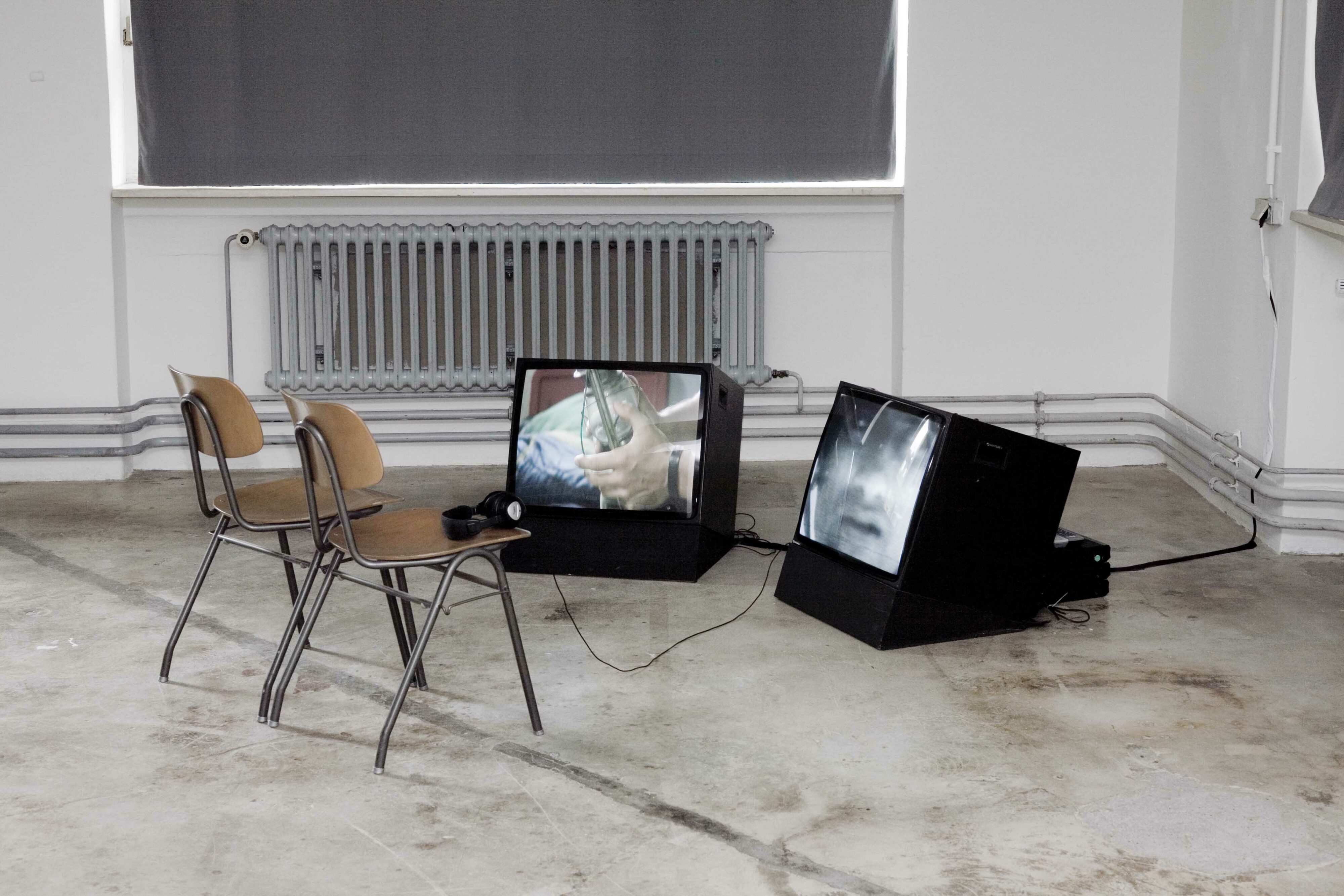
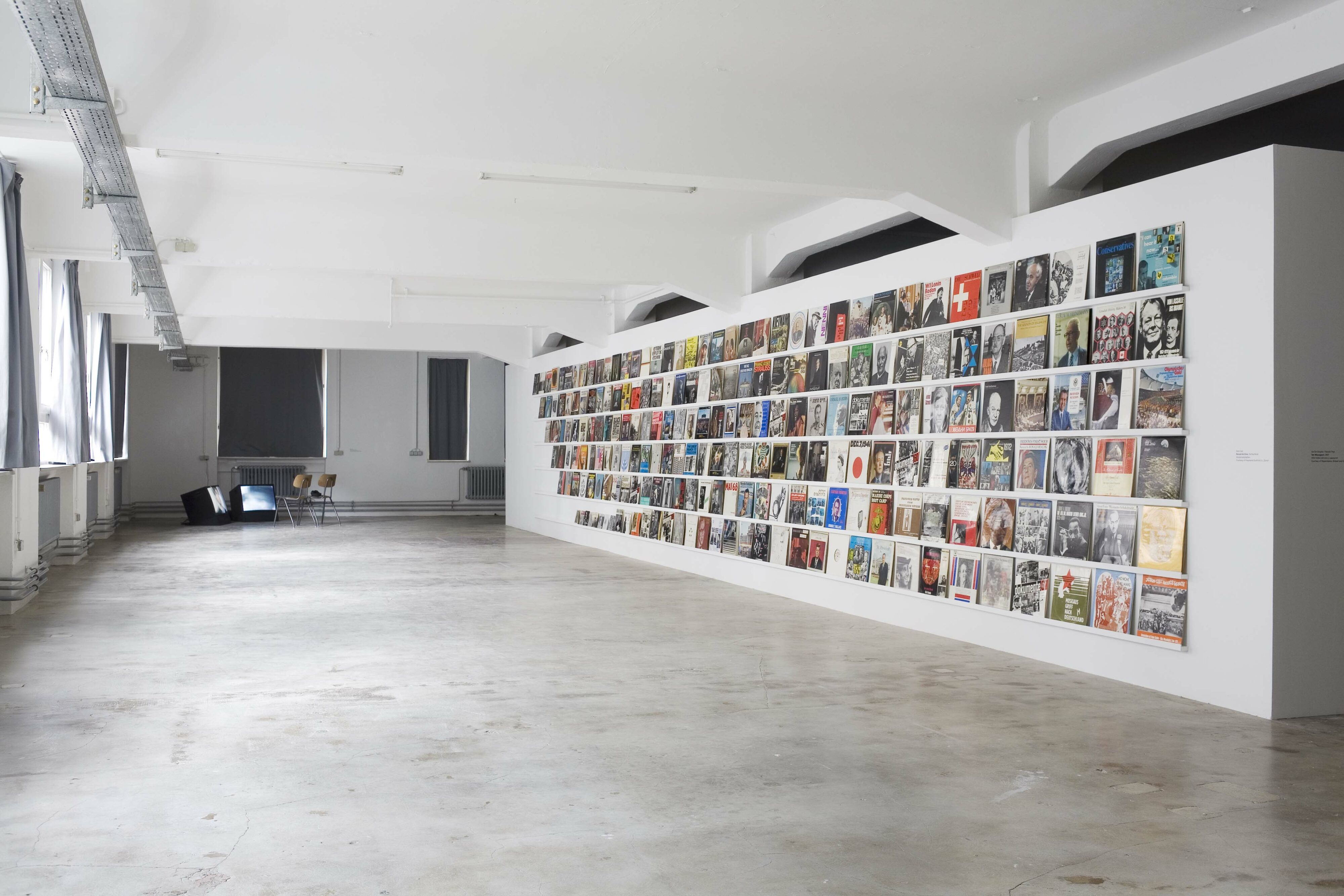
Within this two-day event we will fathom out the possibilities of parcipative forms of prduction and contemporary art mediation, as practised in museums and Kunstvereine. How does the public engage in an institution of art? How does intervention work? Under what circumstances and with which insruments can exhibitions turn into communicational spaces? Contemporary models of imparting art aim to involve the contemplator and to negotiate with him, being co-producer, accomplice or exhibition critic. This is a necessary feedback for institutions in order to enable a dynamic development of the presentation of arts.
On Friday, there will be talks and panel discussions on the topic of imparting art in an independant operational space, in a conflict between institutional and emancipatory demands. The following day, workshops will offer an insight in new forms of imparting art and discussions on the potential of a reflecting and experimental practice.
This event is a cooperation between Arbeitsgemeinschaft Deutscher Kunstvereine (ADKV), the Künstlerhaus Stuttgart and Claudia Hummel (art mediator and artist living in Berlin).
Künstlerhaus Stuttgart is pleased to present Rosalind Nashashibi’s frist solo exhibition in Germany. The British artist is known for her conceptual film works, collages and photographs. The exhibition contains an overview on her oeuvre with a special focus on her filmic works.
The exhibition core forms 16 mm projections of Nashashibi’s recent films Eyeballing (16mm, 2005), Bachelor Machines Part 1 (16mm, 2007) and Footnote (16mm, 2008). A separate film program contains further film and video works. All works deal with the psychological atmosphere of seemingly ordinary places and objects. Although the films are set in very different contexts such as life on a cargo ship (Bachelor Machines Part 1) or the dreamy state between being awake and asleep (Footnote), the director’s analytic view and the elegant, dense filmic language are visible in both films.
The line-up of different films from different work stages directs the attention on recurring topics and formal strategies in Nashashibi’s works such as the use of anthropomorphic images. The exhibition design relates to the artist’s work principle, who integrates own, older works into her new works. Nashashibi’s most famous film is Eyeballing, that contains static shots of architecture that ressembles abstracted faces and distanced shots of a police station in Lower Manhattan. Facial motifs appear again in Bachelor Machines Part 1, however, in a different context: an orgasm is morphed into a cargo ship. All films play with the perception of relations in ordinary forms such as the human body. Nashashibi purposely edits interceptions into the sound and image track in order to create an additional semantic level.
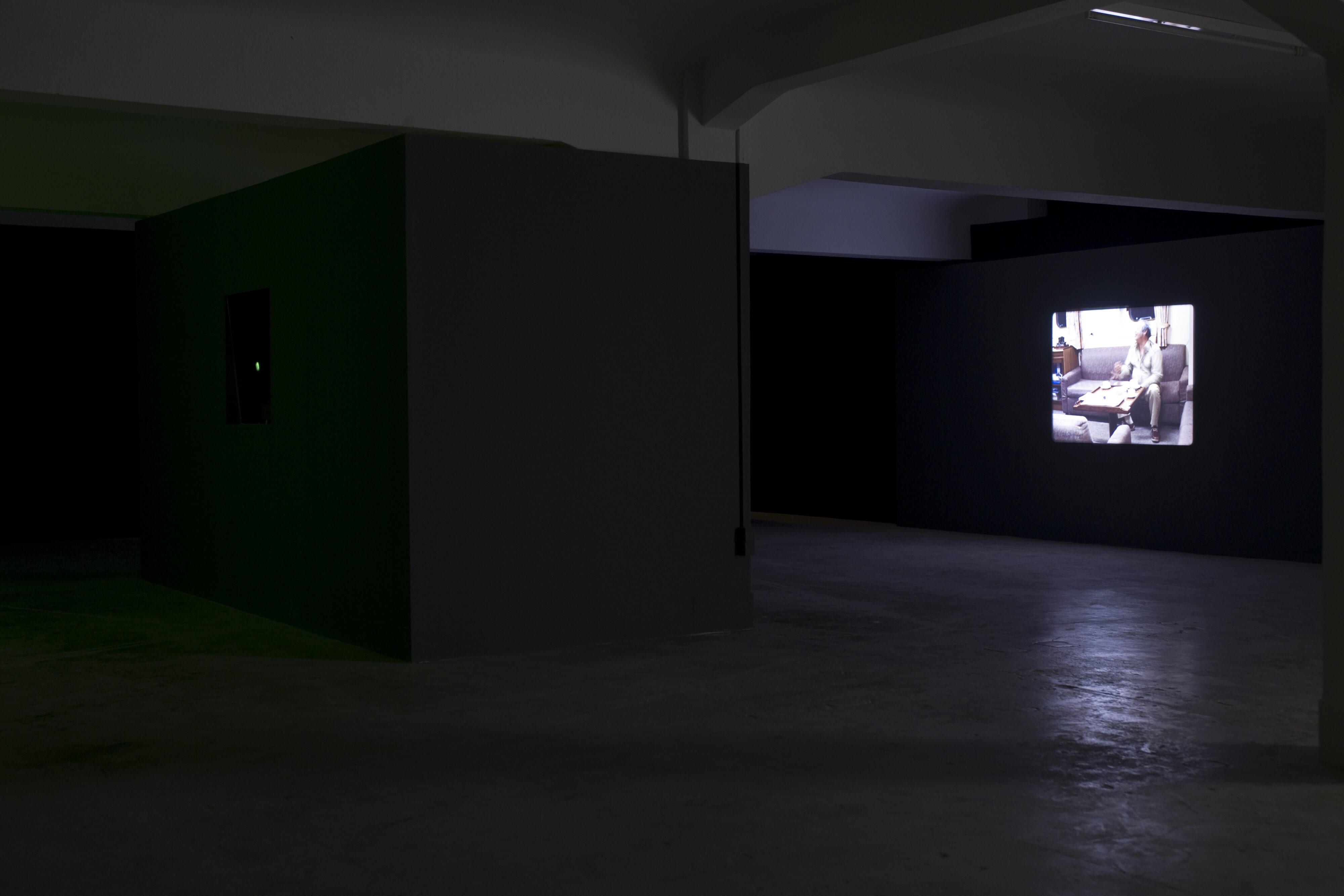
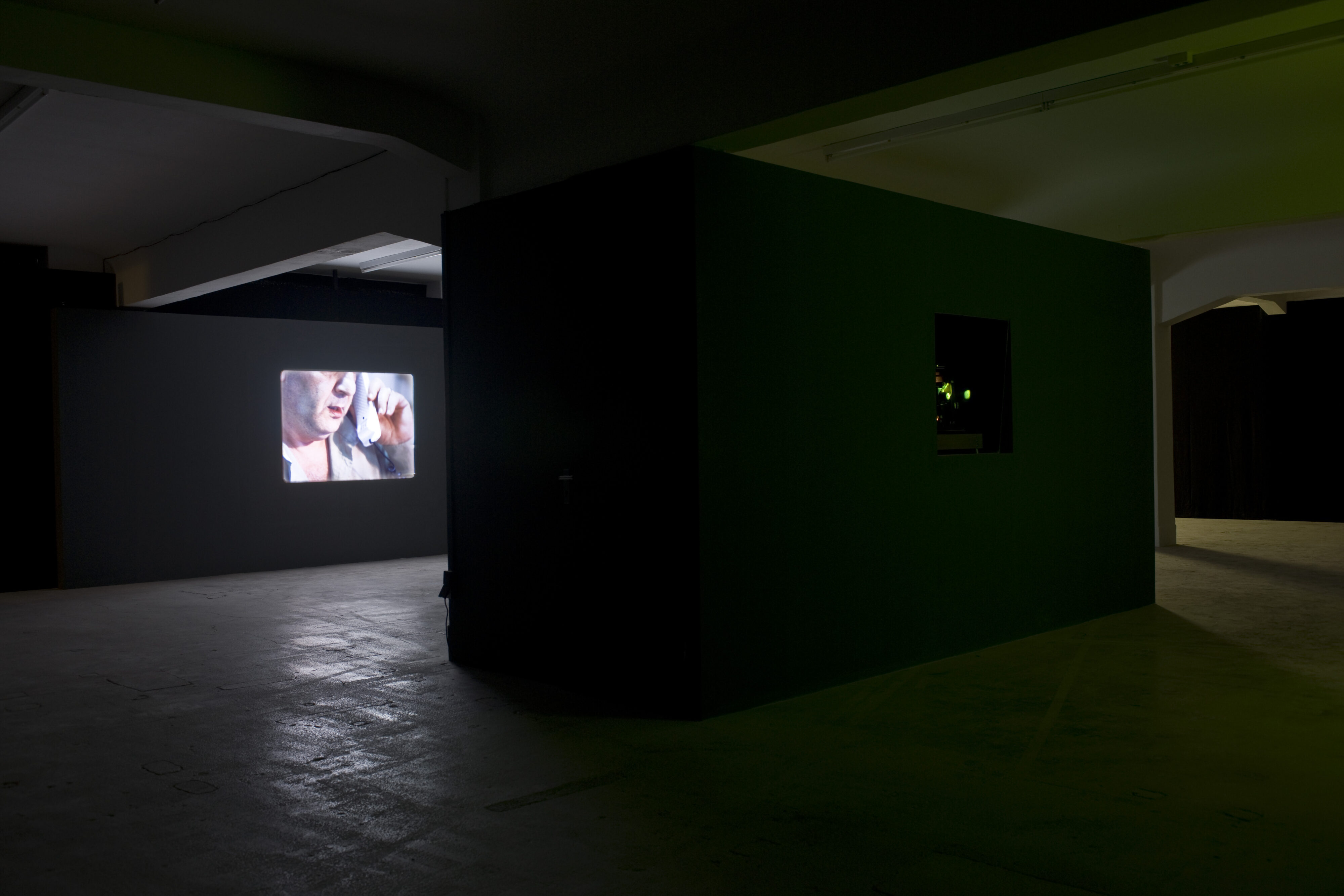
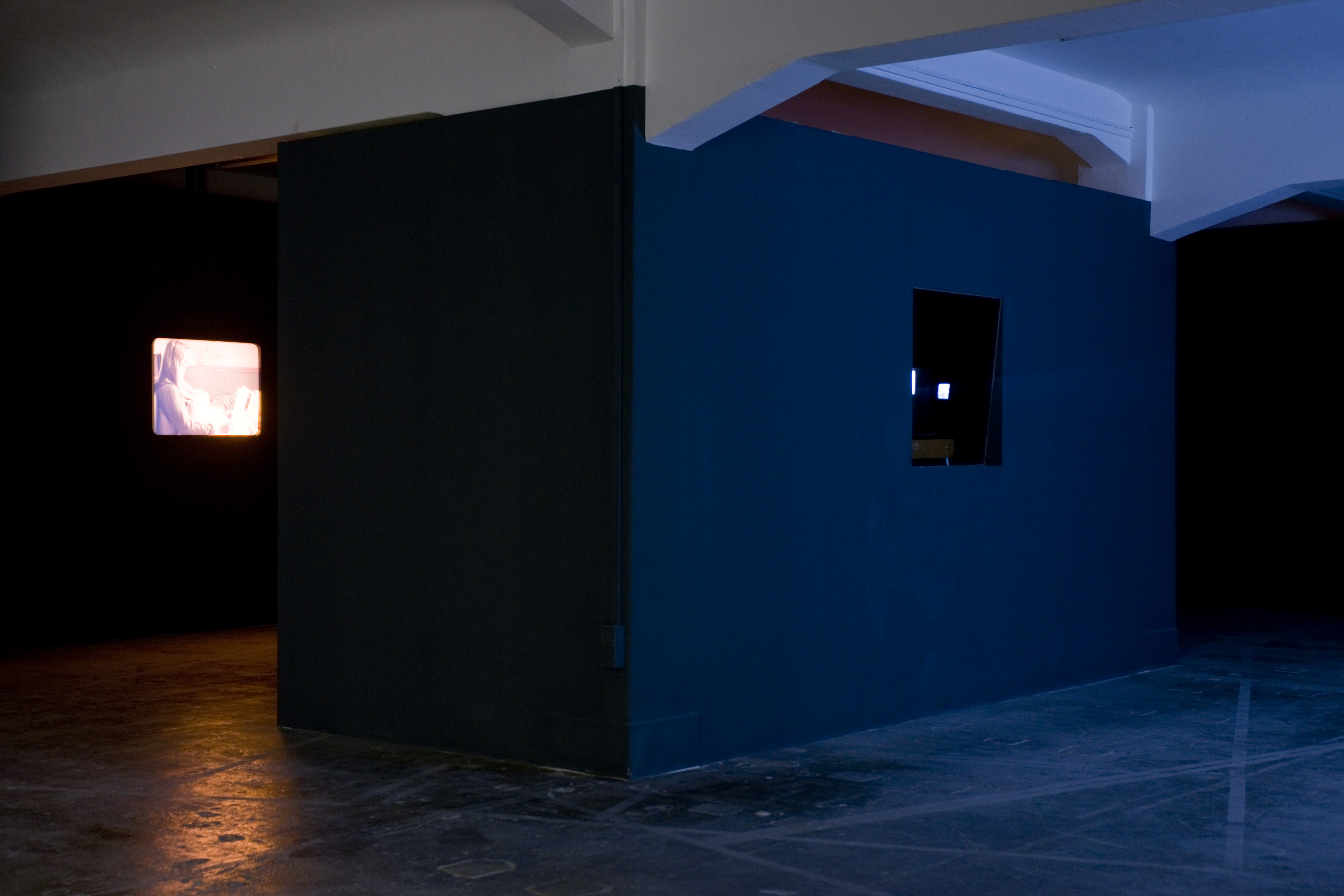
Starting point for the exhibition The Use of Every Sunbeam is the artistic work of Polish filmmaker Julian Antonisz. In Communist Poland, Antonisz was a controversial figure. His economic use of materials and technical inventions in their sometimes absurd ingenuity resulted from an ironic observation of socialist reality. Instead of distanced criticism, Antonisz developed an affirmative position, based on the acceptance of what was actually in question. His works analyzed the dominant discourse without having to dissociate themselves from it. In fact, the works subversively presented a poetic alternative in midst a socialist reality.
At Künstlerhaus Stuttgart the work by Julian Antonisz will be confronted with works by younger artists. The presented artists Anca Benera (Romania), Jakup Ferri (Kosovo), Ahmet Ögüt (Turkey) and Janek Simon (Poland) are part of a generation of artists from Central and Eastern Europe who have obtained international recognition over the past years. Their works often react to the pressures of transformation, which have been weighing down on social contexts in Central and Eastern Europe since the fall of the Iron Curtain, and yet produce new alternatives but also new constraints.
The exhibition is curated by Magdalena Lipska, a fellow of the Robert Bosch Foundation in the program “Cultural Managers from Central and Eastern Europe.”
Supported by:
Photography: Frank Kleinbach

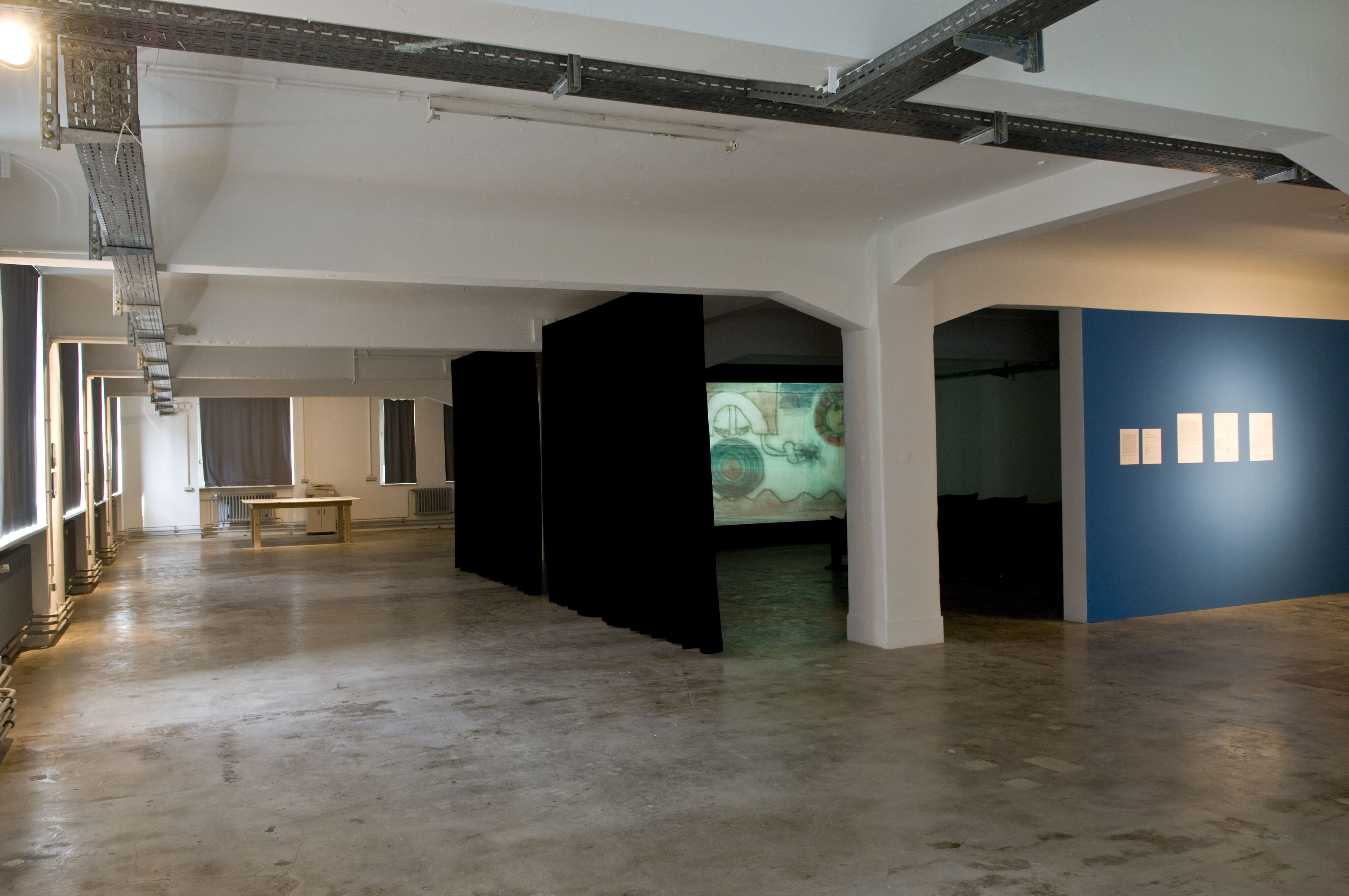
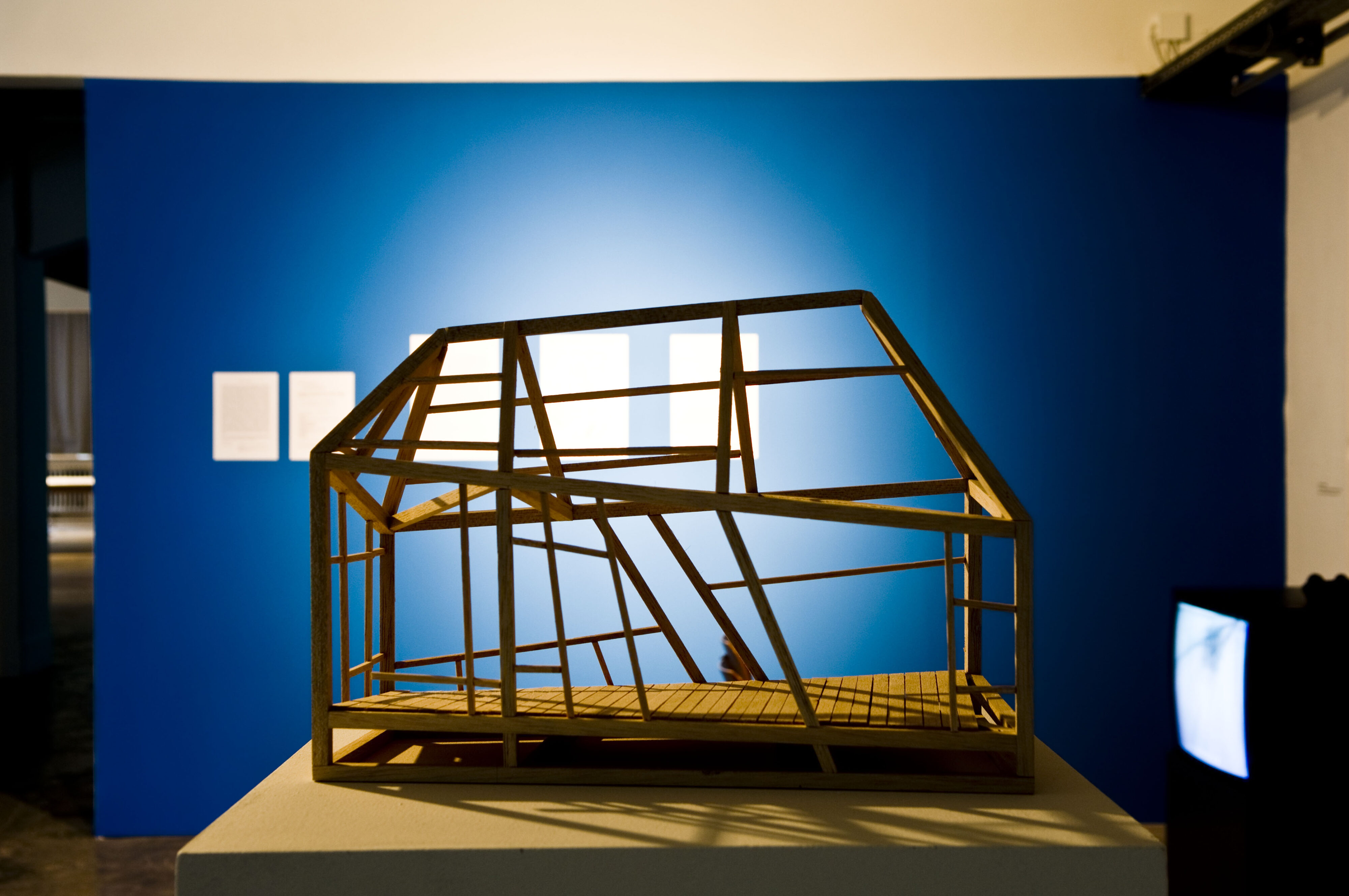

The exhibition At the Ground Floor of the City by Atelier d’Architecture Autogérée (AAA) is the first presentation of an extensive planning project of the French group in Germany that includes user participation. AAA often works with models of temporary and flexible architecture. Künstlerhaus exhibits a series of videos and diagrammatic drawings that document the project Ecobox. The focus of the presentation is on diverse uses of the project that repeatedly altered the constructed structures. The project was documented within a long-term video documentary that enables a study of the experimental dynamics of the project.
Since 2001, Atelier d’Architecture Autogérée (AAA) initiated a number of self-organized projects in the district La Chapelle at Paris that aimed at accessing unused or rarely used spaces. The project suggested a flexible use of space in order to enable a diversity of lifestyles and ways of life. The project Ecobox contained a temporary garden that was created and used between 2002 and 2004. In summer 2005, the garden was removed and shifted to another place, an unused estate nearby. Easy forms of constructing allowed an integration of many helping hands. A number of modules were realized by AAA in collaboration with neighbors (kitchen, workbench, radio station, library, water storage tanks). The project has become a platform for critical planning discourses and integrates activities on a local and transnational level. Since autumn 2005, Ecobox is used by an action group.
Atelier d’Architecture Autogérée (AAA) is a collective platform that realizes actions and research on transformation of urban space as well as cultural, social and political micro practice. The interdisciplinary group was formed in 2001 in Paris. AAA recently published the anthology Urban Act, a handbook for “do-it-yourself urbanism” (in collaboration with PEPRAV, European Platform for Alternative Practice and Research on the City).
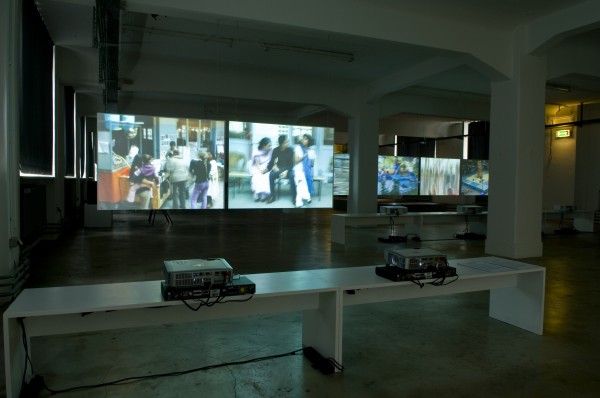
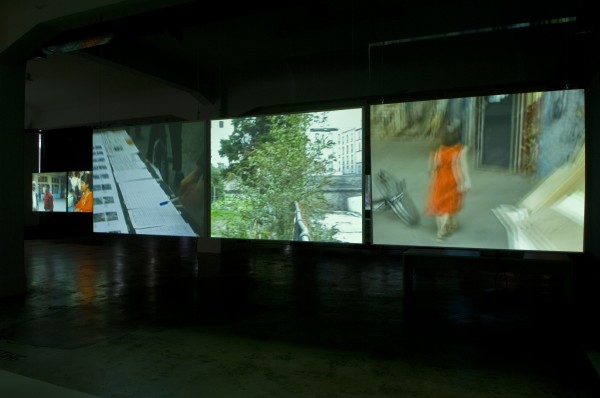
The exhibition Three Black Minutes focuses on vision and its social conditioning. The works and projects by five international artists presented in the exhibition question how visibility is understood in the area of art, but also in theoretical and curatorial investigations. Three Black Minutes is not conceived as a monolithic presentation, but rather, in the sense of a festival, encompasses temporary presentation forms like performances, lectures, and music presentations.
The nature of the modern exhibition is based on the assumption that knowledge can be exchanged through visual, image-oriented presentation of artifacts. This assumption is shared with other areas of modern life, as in photo journalism, didactic theory, and advertising. Since early Modernism, it has been intensely researched how visual communication functions and how its effect, like political education or advertising, can be optimized. Modernist exhibition practice experimented with various models of display. As a result, artists found new fields of activity in this area. One of the most important exhibitions of of these times took place in Stuttgart – the Film and Photo Exhibition (FIFO, 1929), which presented new possibilities of seeing through new techniques of image production.
The exhibition project Three Black Minutes directs its attention above all to the signifying quality of vision. Seeing and the construction of perception, as well as the channeled desires effective within visual processes, become a subject within the artistic works themselves. The works examine the relationship between constructed perspective and pictorial impression, as with the meticulously made drawings of Isabelle Cornaro, or the relationship between history and photographic and sound documentation (Jeremiah Day). They show how the gaze inscribes itself into social constellations, as in the paintings and photographs of Megan Sullivan, and how it is constructed through a technical apparatus like cinema (Nadim Vardag). From Richard Hawkins there is a series of collages with male models entwined in a game of appearance and disappearance. The exhibition questions once again where the meeting point lies between design and art, documentation and fiction.
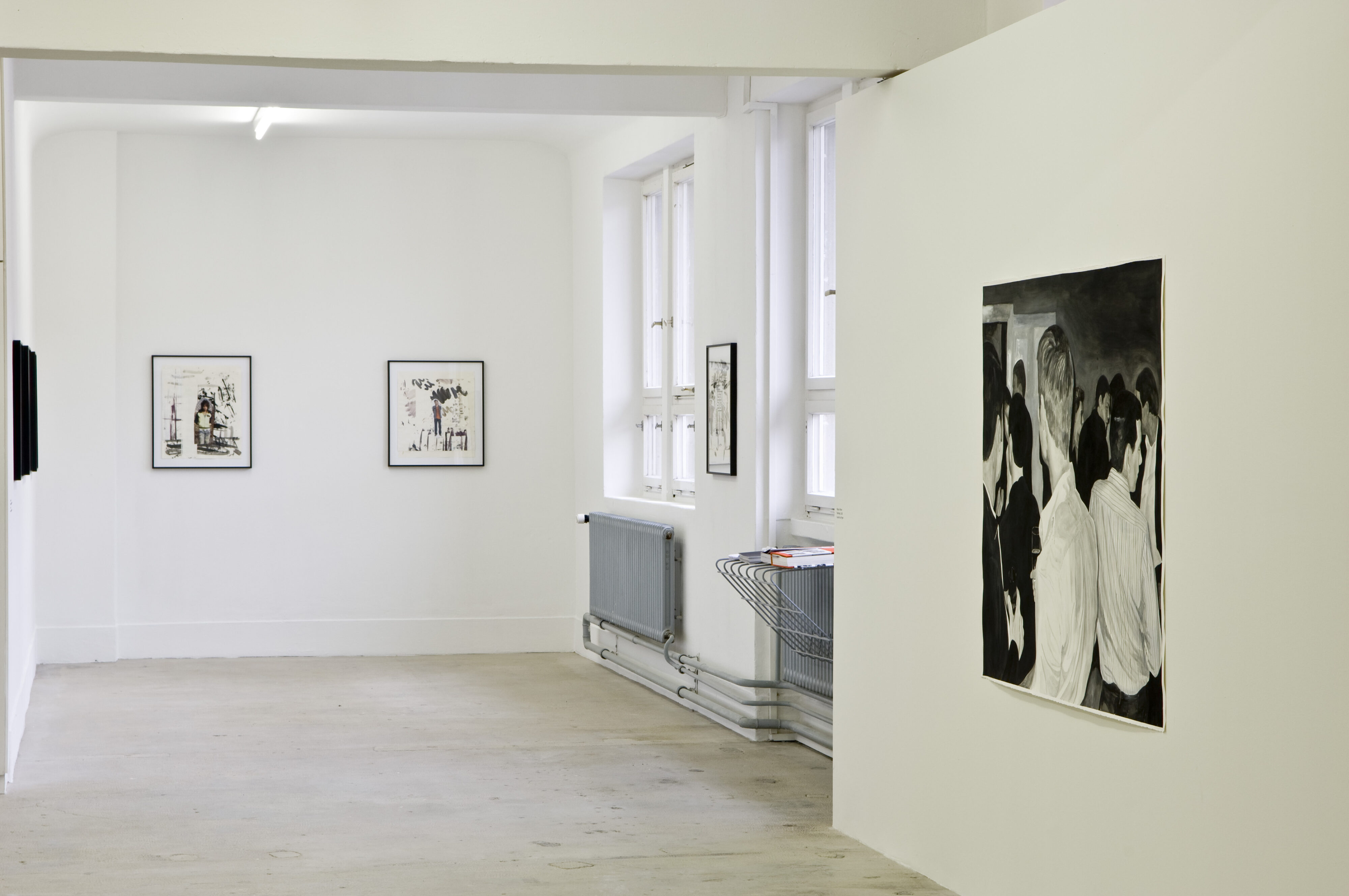
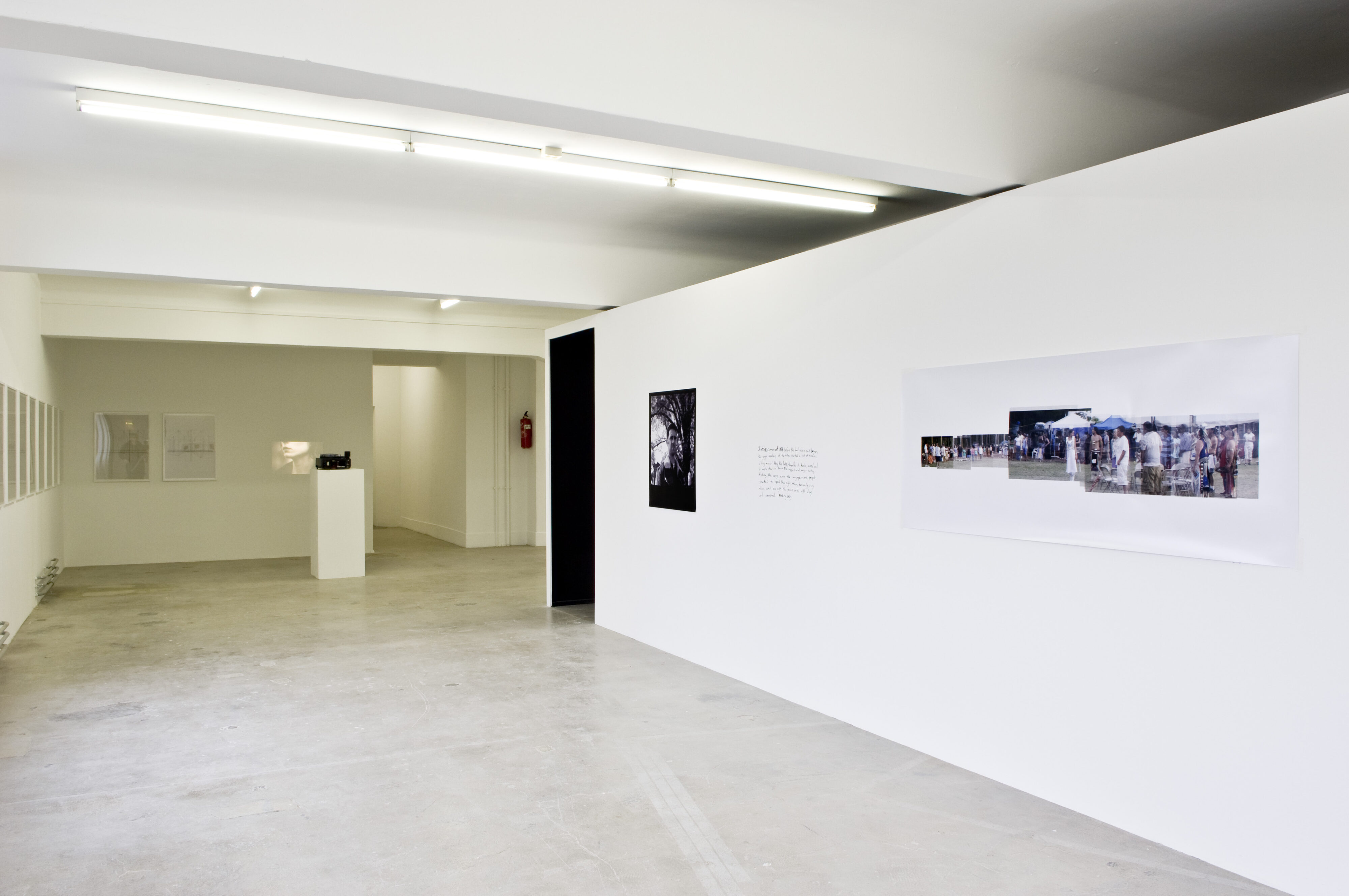
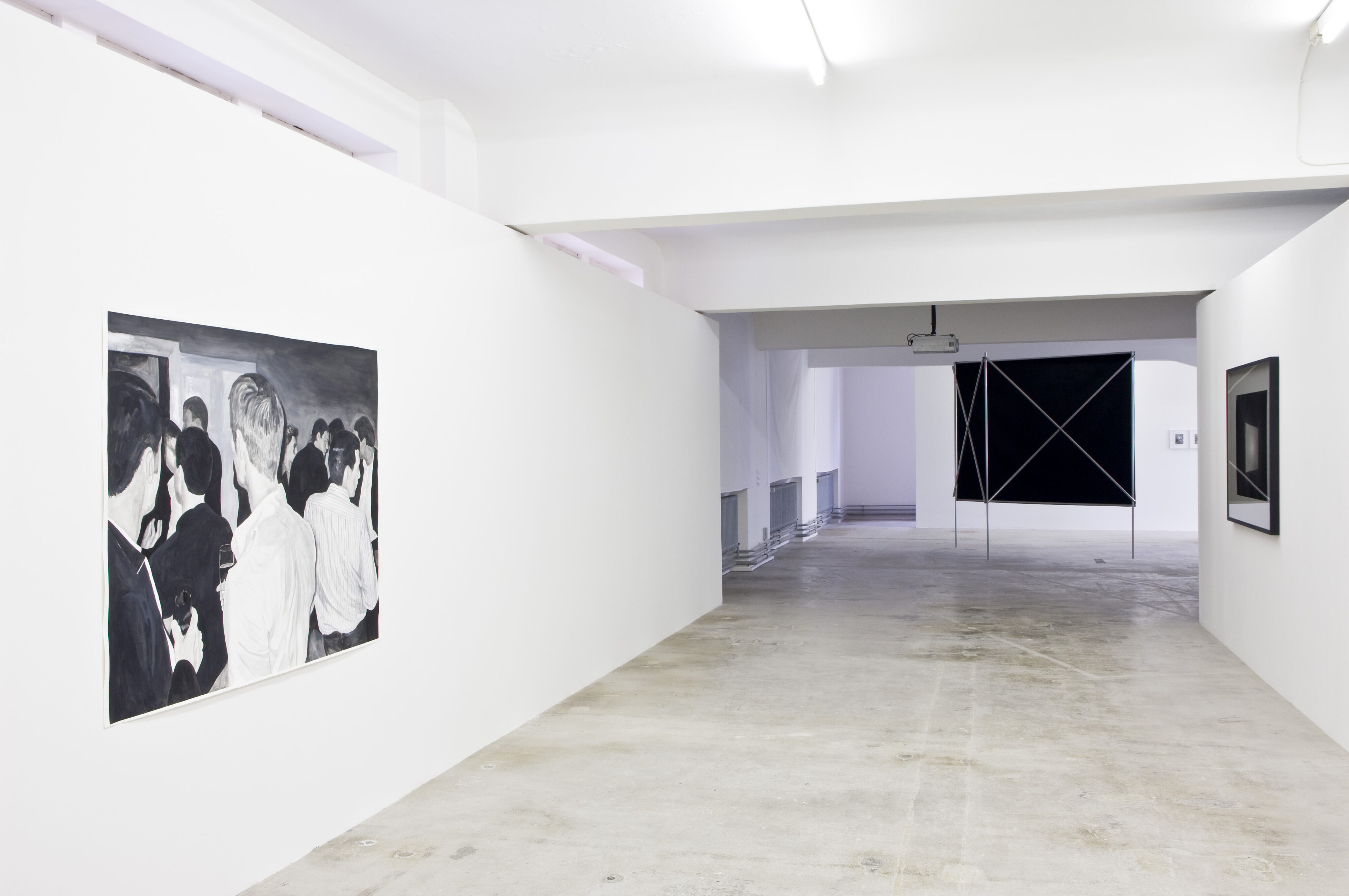
Jeremiah Day’s performance will reconstruct the early history of the Black Panther Party in Lowndes County. Based on a series of photographs, the artist narrates the historical events and seeks its referance to the present. Day physically fights the historical oblivion and presents Lowndes County as a place full of significance in which local history and global change overlap.
Lowndes County: Prologue is the first part of a serial project by Jeremiah Day about the Lowndes County Freedom Organisation from Alabama, that became the first Black Panther Party.
Florence Lazar, a french artist, reflects within her films and installations how political and social conditions intervene into the media of their representation and how they develop new images and spaces. At Künstlerhaus Florence Lazar will screen a selection of her films that deal with the post-war period of former Yugoslavia. In their concept and her films point out how micro-situations generate a specific political space and enable a more sophisticated and personal description of political events. Subsequently there will be a discussion between Florence Lazar and Astrid S. Klein.
Screened films (among others): Les Paysans (Die Bauern, 2000, 18 min.), Etoile rouge (Roter Stern Belgrad, 2006, 10 min.), Le lieu de la langue (Der Ort der Sprache, 2007, 10 min.). The films will be screened with English captions.
The series Visit is a open platform for the presentation and discussion of contemporary art. Künstlerhaus offers to everyone interested, the possibility to propose ideas or concepts for discussions, talks and screenings. The compilation for the series is made by a group of members that meets frequently.
Künstlerhaus Stuttgart presents the first solo exhibition of the Chilean born artist Cristóbal Lehyt in Europe. Cristóbal Lehyt uses drawings, photography and installation for his works and has participated in important exhibitions in the last years in the US and South America. In his exhibition in Stuttgart, Cristóbal Lehyt will present the ongoing project El Norte (The North) and new works which will be produced specifically for the exhibition, among them a series of portraits from people of Stuttgart and a subjective model of the city.
The works of Cristóbal Lehyt deal with the question of how personal and subjective feelings are interconnected with cultural influences, but also projections and expectations. His series El Norte shows images of the big desert in Northern Chile as well as found images, like re-photographed newspapers, that the artist brings into association with the series. The arid landscape, which dominates a third of Chile’s topography, is as fascinating as it is hostile and can be read like a symbol of the ambivalent socio-political development of South America. Even though Cristóbal Lehyt proceeds with an obvious interest in these political and social conflicts in mind, his works resist a narrative, documentary reading.
For the exhibition in Stuttgart, Cristóbal Lehyt will produce a series of large-scale portraits of the citizens of Stuttgart, which approach the question of subjectivity through the practice of drawing.
For the exhibition, a catalogue will be published with texts by Julia Bryan-Wilson, Sabeth Buchmann and Javier Tellez at JRP-Ringier, Zurich.
The exhibition is kindly supported by
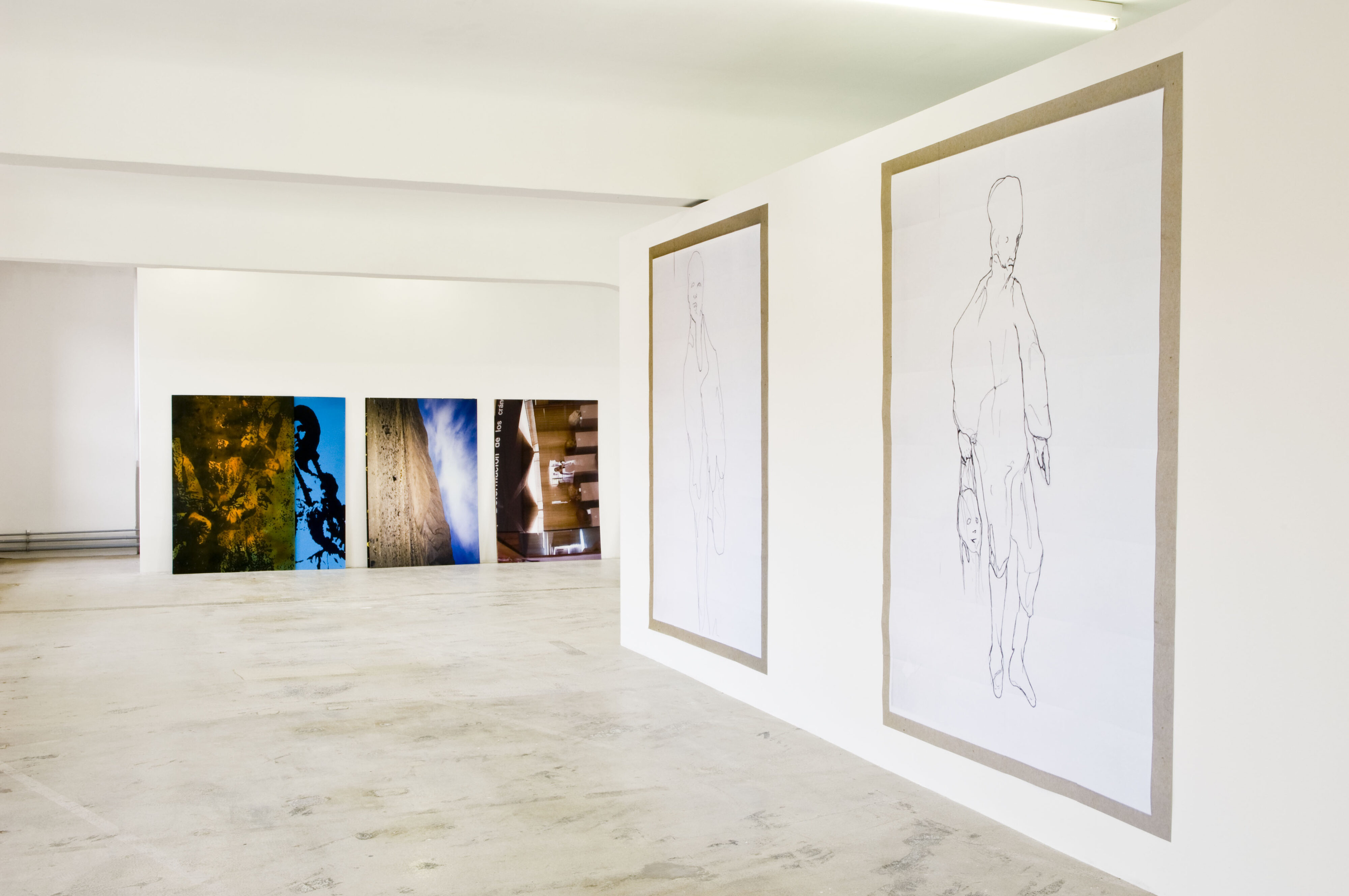
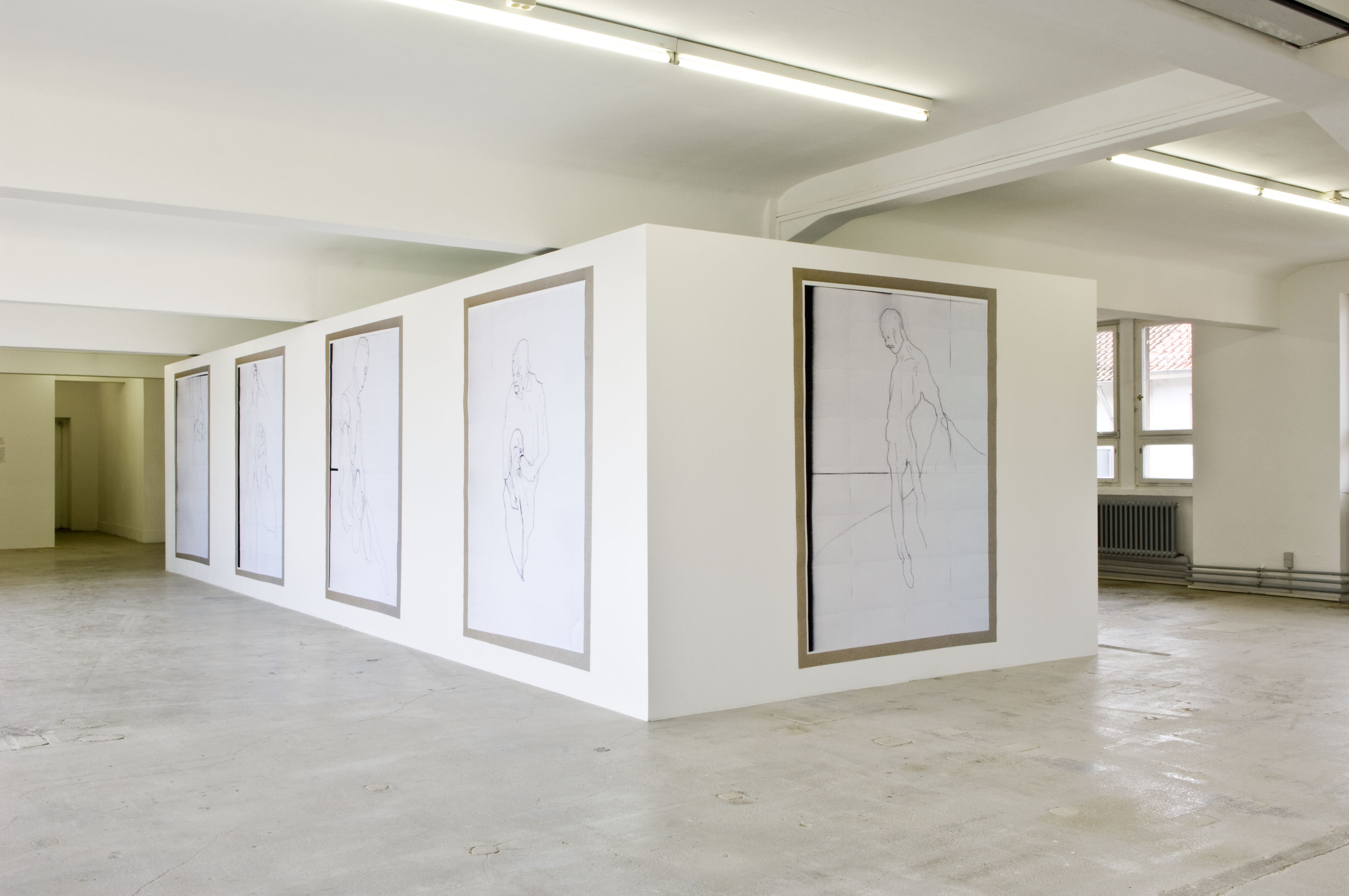
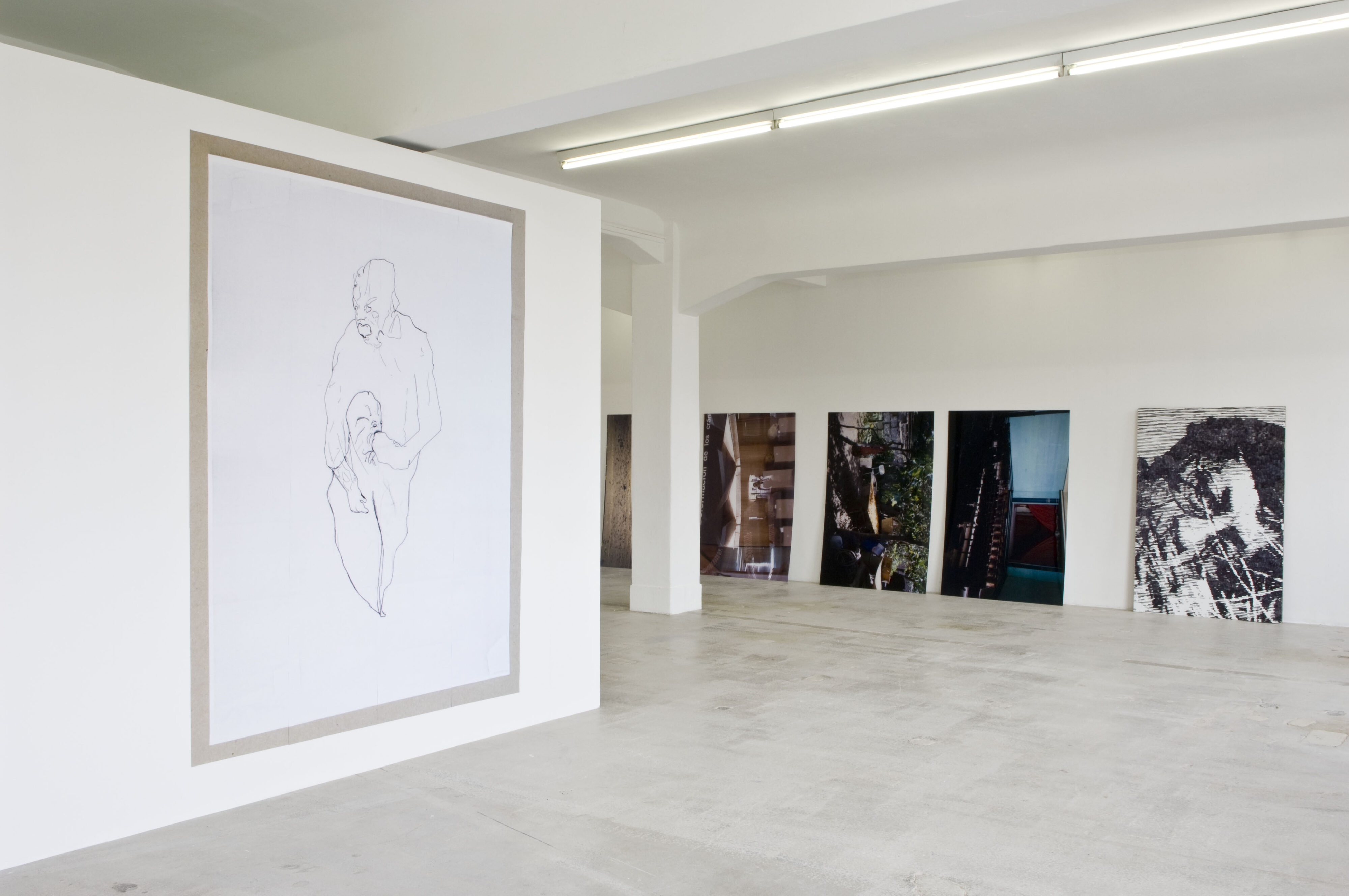
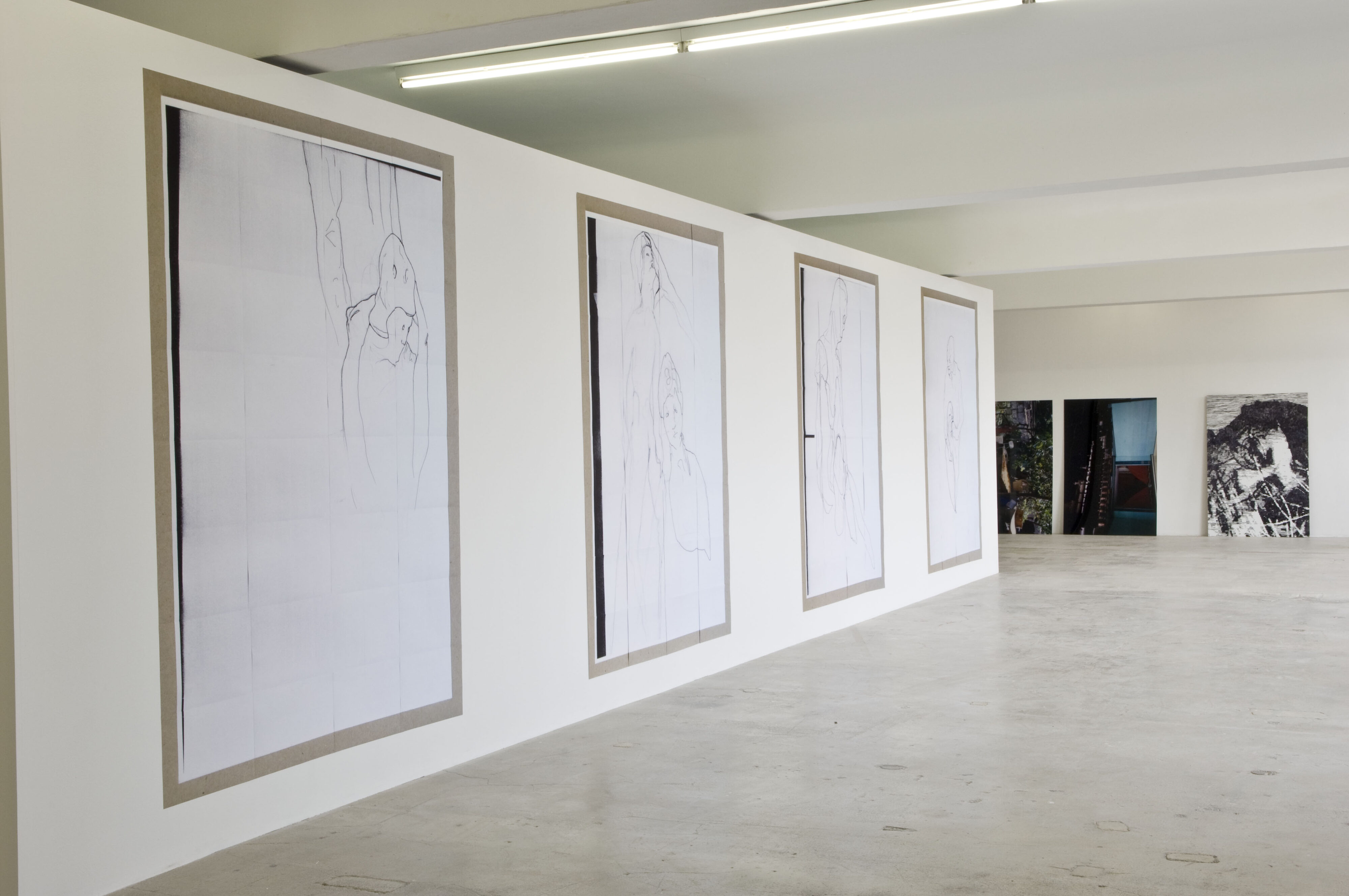
Yorgos Sapountzis will be showing a completely new performance at Künstlerhaus. With colorful materials and improvised requisits he is realising a poetical intervention into everyday life with intergrating the Künstlerhaus’ front. The works of the arist show an abstract design vocabulary and use different traditions of urban art, including videos, dramatic staging and electronic music. The performance was produced for the finissage o the exhibition Soziale Diagramme. Planning Reconsidered.
Yorgos Sapountzis currently took part in the Biennale Athens and was engaged in an statement at the Art Basel.
In front of the harbour of Hamburg an unoccupied ship has anchored. Because the crew is infiltrated by the marine of the Communist International, they call for help of further revolutionary cells. They take possession of the consciousness of a documentary film maker who actually aimed to make a film about the harbour.
The film Hölle Hamburg (2007, 88 min., R.: Peter Ott and Ted Gaier) refers to the didactic play Die Maßnahme by Brecht/Eisler/Dudek and the ethnological film Les Maitres Fous by Jean Rouch. The film is about life in times of Post-Fordism and how power takes possession of us.
Directed by: Peter Ott, Ted Gaier, Camera: Deborah Schamoni. With: Martina Schiesser, Ibrahima Sanogo, Bill Parton, Olajide Akinyosoye, Dschingis Bowakow, Andreas Matti, Matthias Breitenbach, Moses Holl and more.
www.hoellehamburg.org
The series Visit is a open platform for the presentation and discussion of contemporary art. Künstlerhaus offers to everyone interested, the possibility to propose ideas or concepts for discussions, talks and screenings. The compilation for the series is made by a group of members that meets frequently.
The exhibition Soziale Diagramme. Planning Reconsidered combines historical documents and contemporary creative projects that deal with complex social systems. All exhibited works examine the dynamics of social interactions. The raise questions about the meaning of design practices within the functioning of social relations. How do individual needs and the organization of common spaces relate with each other? What are possible functions of authorship, of information, of power relationships within design processes?
The exhibition gives insight in lively methodological debates that have been going on since the early 1960s: How can we integrate social developments in complex models? Artists and designers recently started addressing such approaches in order to investigate the function of communication and control within social development processes. Die exhibitions contains historical architectural drawings, photographs, models and videos from the last 40 years as well as projects by contemporary artists and architects.
Since the 1960s, examinations of design methodologies raise the question how resilient relations between design disciplines and reality can be developed. The examination of cybernetic, system-theoretical and economical methods that was observed within the knowledge transfers between other disciplines was subjected to a radical politicization. Thus, subsequent research mainly dealt with emancipatory potentials of participative processes.
For the exhibition project Soziale Diagramme. Planning Reconsidered, those approaches and their influence on contemporary creative production were elaborated. Planning theory and design methodology are understood as discursive field that is the basis for questioning assumptions about the world and its representations as well as developing speculative forms of interpretation and criticism.
Curated by Jesko Fezer and Axel John Wieder. Exhibition design by Andreas Müller.
Historical contributions:
Bruce Archer, Arch+, Lucius Burckhardt, Paul Davidoff, Design Methods Group, Emory Douglas, Richard D. Duke, Helga Fassbinder (Sanierungsgruppe Kreuzberg), Allan Feldt, Marc Fester und Nikolaus Kuhnert, Martin Geiger, Ruth Glass, John Habraken / SAR, Studienarbeiten an der Hochschule für Gestaltung Ulm (Dozenten: Bruce Archer, Horst Rittel, Anthony Froschaug, Hans Gugelot, Walter Zeischegg), John Chris Jones, Reiner Kallhardt, Martin Krampen, Helmut Krauch / Studiengruppe für Systemforschung, Projektgruppe Kommunikationstechnik Universität Stuttgart (Claus Dreyer, Harald Ortlieb, Andreas Strunk, Ulrich Bernhardt), Max Lock Centre, Wolf Reuter, Horst Rittel, Sanfte Strukturen, John FC Turner, Anthony Ward.

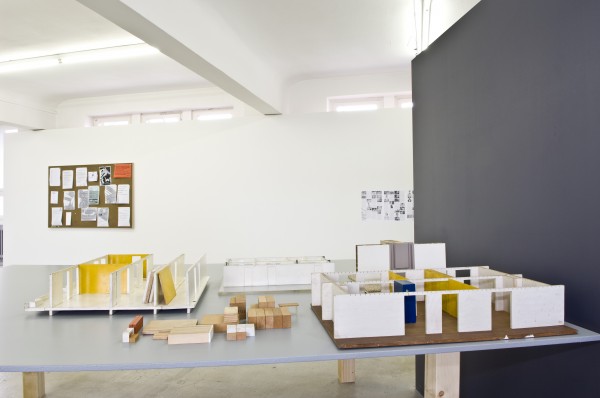
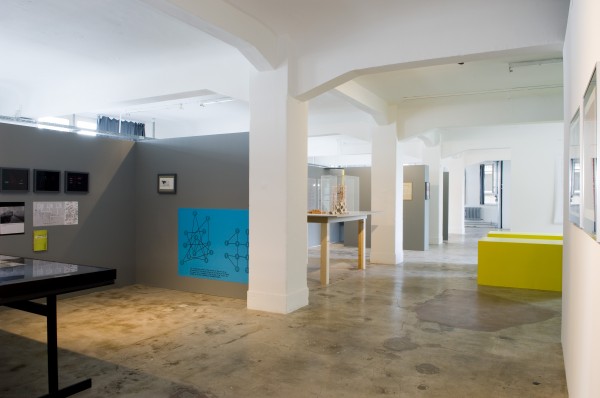
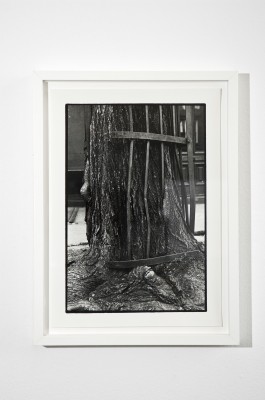
Over the last decades the image of our future was marked by a paradox situation. Whereas the idea of a future in politics is devalued by the banishment of new political project from the sphere of imagination, the future offers a fundament of a global economy. The invention of new policies disturbs the necessary reforms through their unpredictable potentials and at the same time risks and forecasts built economic instruments that generate profits that overrun the actual economy. Lately, the detachement of the fundaments of political imagination got more transparent, due to new self-assured forms of neo-liberalism. The present social political system changes its communicational strategy starting by small changes up to a completely new historical epoque which is in need of an accessory of legitimat references of Western values and views.
The studies on the presentation systems of art often eminate from the medium of the exhibition. In the face of an increasingly inter-disciplinar practice of art and variable dimensions of presentations, the concepts need to lean on the design of the institutional conditions. Institution als Medium discusses the interdependency between artistic practice and its presentation with regard to institutions or institution-like structures among wich are magazines. What is the target group? How does knowledge circulate? How does architecture influence social events and what public spaces occur?
The reflection about theory and practice of exhibition design are an ongoing emphasis of Künstlerhaus Stuttgart. Institution als Medium is conceived in a cooperation between Dorothee Richter, scientist of fine arts, and the Züricher Hochschule der Künste (ZHdk). A documentation of the event will be published in a thematically related edition of the online magazine on-curating.org (autumn 2008).
The event Institution als Medum is a cooperation with the MAS Curating der Zürcher Hochschule der Künste (ZHDK).
Within the last few years, the medium exhibition has gone through changes: a transition from the dominance of an object towards space to the placement of animation, gets visible. Scenography imparts the atmosphere to space. A performative way of presentation that was developped by artist in the 20st century now seems to replace traditional artworks. This processes surprisingly show a sohisticated notion of time and space and signalise a relation between object and subject that is not common to the West.
Eckhardt Siepmann directed the Werkbundarchiv – Museum der Dinge, Berlin, between 1976 and 1995 and works as scenograph and writer. In this talk he will reveal the topic of time within the medium exhibition and presents a series of own projects.
The series Visit is a open platform for the presentation and discussion of contemporary art. Künstlerhaus offers to everyone interested, the possibility to propose ideas or concepts for discussions, talks and screenings. The compilation for the series is made by a group of members that meets frequently.
Künstlerhaus Stuttgart presents the solo exhibition Darstellungen der Zukunft by Danish artist Katya Sander. A large video installation forms the core of the exhibition and deals with the production of future visions. In addition, there are further works and project documentaries on display.
The exhibition is the second part of a long-term project by Katya Sander and Künstlerhaus Stuttgart that was launched with a public workshop in November 2007 and will be concluded in autumn 2008 with a publication. Katya Sander recently took part in the extensive video project 9 Scripts from a Nation at War at documenta 12, Kassel (in collaboration with Andrea Geyer, Sharon Hayes, Ashley Hunt and David Thorne).
Sander is known not only for her interventions, drawings and photographs but also for her filmic works that examine the influence of imagination on political, everyday and historical events. For Sander, the imaginative contains both subjective thought and ideas of possibility. Political thinking such as the concept of the public or economy is embedded in the work of Katya Sander and examines the development of socially relevant imaginations and the structuring of our actions and reflections. The narrative method of intertwining artificial and documentary material allows exploring the relation between fiction and reality and questioning the state of political subjectivity.
The work Darstellungen der Zeit is based on the question how future visions are created and described; and how these visions influence the presence. Five projections placed side by side show interview recordings of scientists from the fields of demography, stochastic, history of science, finance and insurance. The interviews are edited with scenes of an actress who is on an animated journey across diverse landscapes. The scenes were created by means of a blue screen, an old film technology that creates smooth transitions between different spaces and times. Another reference within the video work is about the interviews and films by the German filmmaker and author Alexander Kluge that include the audience into a process of clarification. The female main character in Katya Sander’s filmic installation is performed by Susanne Sachsse who was filmed during research work. The final scene is an open accumulation of references and narratives that enable and regulate our future visions.
The medium video plays an important role in Katya Sander’s works and goes beyond an illustration of facts or the construction of narratives. The artist examines the relationship between subjectivity and narration by creating a precise spacial screening of the filmic materials and an analysis of its effects on spectators. The installations usually consist of multiple projections within specific architectonical structures that allow different angles of view. In fact, the installation Darstellungen der Zukunft is a quintuple projection that is arranged in special a way: fragments are projected in different combinations and the total installation cannot be seen at once.
With kind support by Danish Arts Council Committee for International Visual Art.
Photography: Frank Kleinbach
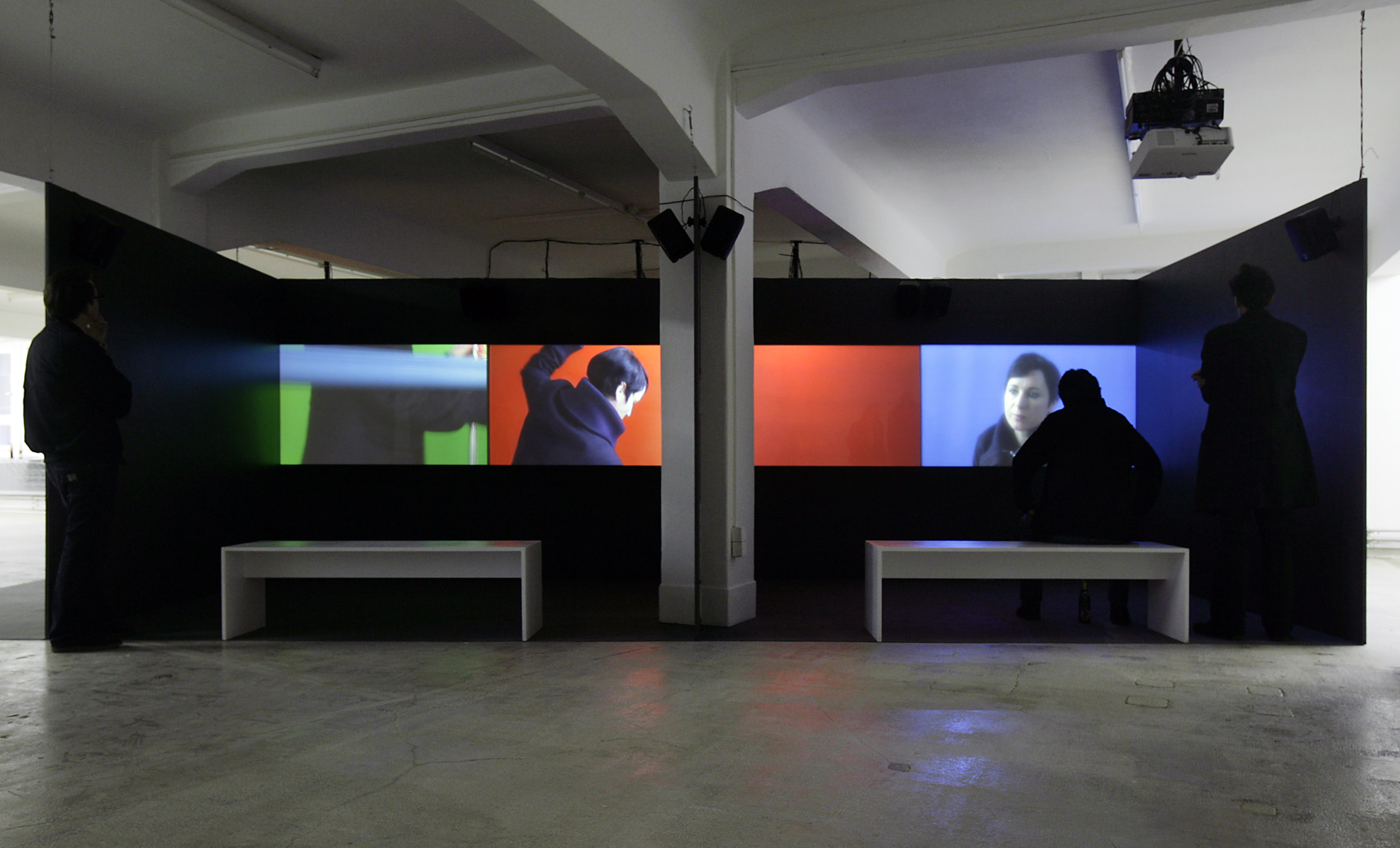

The binding factor of the exhibited artistic approaches is the inclusion of materials that were provided by strangers. The projects contain objects and ideas that potentially serve as inspiration or issues of analysis. They approach social contexts of interest by accumulating their forms of expression rather than solely illustrating them and involve further participants in the production of the exhibition. Thus, the projects create relationships between artistic production and external social conditions. This results in joint projects that aren’t dedicated to ideas of individual expression but a collective identity. They uncover the interactions of the ‘Self’ and the ‘We’, just as described by Jean-Luc Nancy: “the ‘Self’ doesn’t exist, being is always “being with”” – meaning that existence is essentially co-existence.
Since October 2007, Mareike Hofmann and Jan Löchte have realized a series of events titled Kammerflirren at their studio in Künstlerhaus. On that occasions, they invited artist friends to present and discuss own works or topics. Within the frame of the exhibition Zu Gemeinschaften, the two artists continue with their series. Yildiz Aslandogan and Lukas Hofer will present a number of architectural projects. The exhibited objects and videos represent different project stages. Eva Paulitsch’s and Uta Weirich’s contributions for the exhibition Zu Gemeinschaften were created within a long-term project with youths in Fellbach and contain a collection of mobile phone recorded films. The contributions of Fergus Feehily relate to the exhibition theme most subtly. Aside of paintings, he exhibits a table (tilted as some kind of canvas) that includes objects such as letter rubber stamps or a book that the artist found at a customs station. The objects seem like offshoots of the real world, complemented by Fergus Feehily’s paintings with monochromatic foundations.
The exhibition Zu Gemeinschaften was created in collaboration with grant holders of Künstlerhaus’ interdisciplinary residency program.
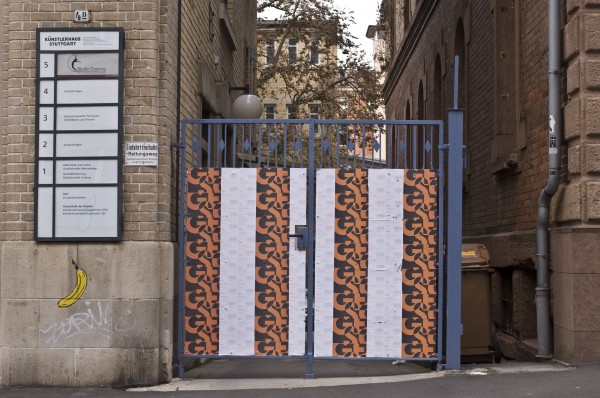
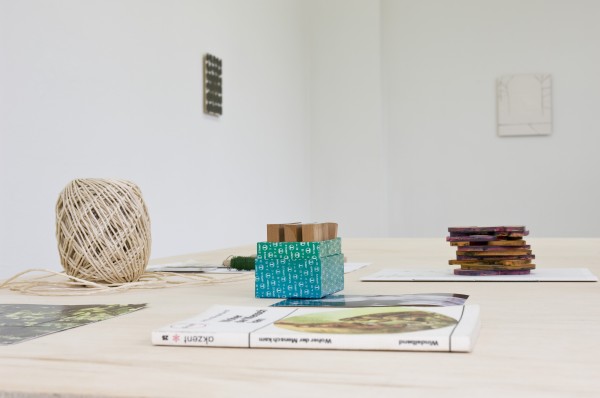
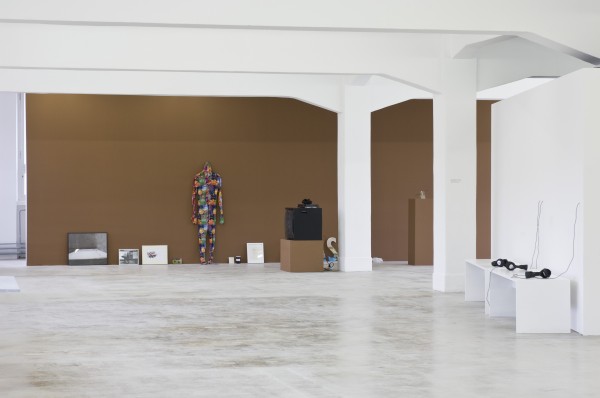
Künstlerhaus Stuttgart, in cooperation with the HfG (Hochschule für Gestaltung, Karlsruhe), is glad to present a talk by Madelon Vriesendorp.
Madelon Vriesendorp is co-founder of the Office for Metropolitan Architecture (with Rem Koolhaas and Elia and Zoe Zenghelis) and gave the distinction to the visual language of the architect’s office. Her work Flagrant délit, which is on the cover of Koolhaas’ book Delirious New York (1975), shows the Chrysler and the Empire State Building, catched red-handed by Rockefeller Center. The picture is one of the most beautiful attemps to represent the double life of modern architecture. Nevertheless, Madelon Vriesendorp is an “unnown genius of arts” (Hans-Ulrich Obrist). Her contribution for a critical history of architecture will elaborately be prized in a retrospective at Architectural Association, London, an in the Aedes Galerie Berlin. At the Künstlerhaus Madelon Vriesendorp will have a talk about her drawings and paintings for the Office for Metropolitan Architecture and the theoretician Charles Jencks.
The talk will be moderated by Stefan Trüby.
The event takes place within a workshop with students of HfG Karlsruhe at Künstlerhaus Stuttgart (Seminar Raum-Modelle in the degree programme Ausstellungsdesign und kuratorische Praxis, Prof. Wilfried Kühn and Dorothee Mende, with Stephan Trüby and Axel John Wieder). The workshop studies the potential of exhibitions and publications for a critical spatial practice. The talk of Madelon Vriesendorp will draw the conclusion to the seminar.
www.ausstellungsdesign.hfg-karlsruhe.de
Publication: The World of Madelon Vriesendorp, hrsg. von Shumon Basar und Stefan Trüby, London: AA Publications, 2007.
Sabeth Buchmann and Helmut Draxler will present three publications that were recently appeared in PolYpeN. Buchmann and Draxler initiated, together with Clemens Krümmel and Susanne Leeb, the series PolYpeN in the publishing company b_books, that aims to work out art criticism as a production from with specific categories and values. The main idea is to let go from the form of criticism that is adjusted from paradoxes and conflicts and to counter it with positions on cultural and social criticism and critical practices of artists.
Book presentation:
Sabeth Buchmann: Denken gegen das Denken. Produktion, Technologie, Subjektivität bei Sol LeWitt, Hélio Oiticica und Yvonne Rainer, Berlin: b-books 2007.
Helmut Draxler: Gefährliche Substanzen. Zum Verhältnis von Kritik und Kunst, Berlin: b-books, 2007.
Helmut Draxler: Die Gewalt des Zusammenhangs. Raum, Referenz und Repräsentation bei Fareed Armaly, Berlin: b-books, 2007.
http://www.bbooks.de/verlag/polypen/
Artists Katya Sander collaborates with Künstlerhaus Stuttgart to realize a long-term project that deals with forms of examination and visualizations of social future. She particularly focuses on the question how the unexpected and the unforeseeable is concepted within visions of the future and how imaginations and communication of possible future effects presence. What happens if one decides to do something differently?
In the first part of the public workshop, there will be a discussion with selected guest on the questions given above. The workshop pursues the question within different fields of interest such as demography, probability theory and political theory. The stories that are being told within these scientific fields act as basis for societal models and techniques of visualization of the future. In April 2008, the results of the workshop will be exhibited at Künstlerhaus.
Guests: Emmanuel Didier (Centre d’Etudes Sociologiques sur le Droit et les Institutions Pénales, Paris), Philipp von Hilgers (Max-Planck-Institute for History of Science, Berlin), Joanna Konieczna (Institute for Sociology, University of Warsaw), Prof. Dr. Gerhard Winkler (Institute for Biomathematics and Biometry, Research Center for Environment and Health, Munich).
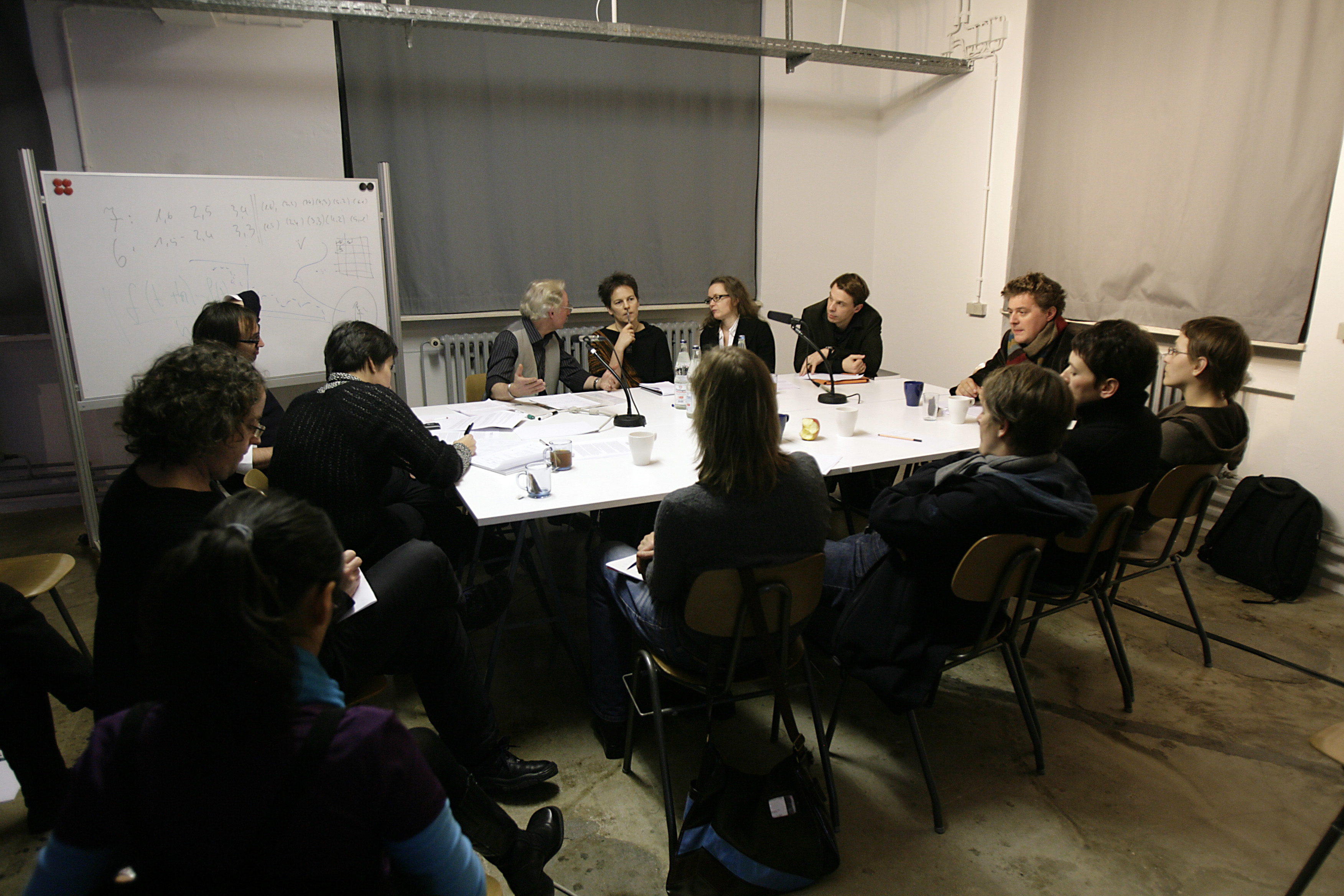

Jay Chung’s and Q Takeki Maeda’s solo exhibition at Künstlerhaus Stuttgart contains a series of nine interrelated works. The two Berlin-based artists are known for their photographic and textile works that sound out the subtle borders between reality and fiction. Widening the focus on aspects of everyday life, Chung and Maeda tie in with the form language and media reflection of the late 1960s Concept Art.
Taking up two characters from the popular juvenile book series The Hardy Boys, Chung and Maeda created a photo series to approach a number of places in Mexico. The book series was published between 1927 and 1979 by pseudonymous writer F.W. Dixon who in fact was a product of a commercial writing workshop. The photo series depicts places without recognizable staging by the artists accompanied by texts that speculatively explores the narrative charging of the places. Chung’s and Maeda’s second work consists of a screenplay of the TV show Gilmore Girls that was created on the occasion of a talent competition advertised by Disney. In their screenplay, the artists tried to transfer the existing style and content of the show into a new story. Inevitably, there are differences that highlight the original language and behavior of the characters. The third work is an announcement of an upcoming project at Copenhagen, an oversized, accessible Lousi Vuitton handbag.
The installation at Künstlerhaus exhibits the objects in a way that keeps their status unclear. They are neither a comment on cultural artifacts nor were they created to fit into particular genres. Rather they were put into an interim state – between fiction and dilettantism, between screenplay and object – and relate to each other. The stage-like exhibition design highlights the narrative character of the works. The exhibition can be visited during the nights when the unlit exhibition space is shady and semi-dark.
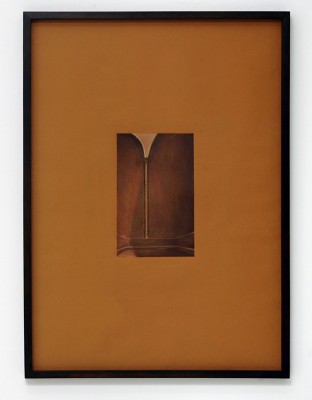
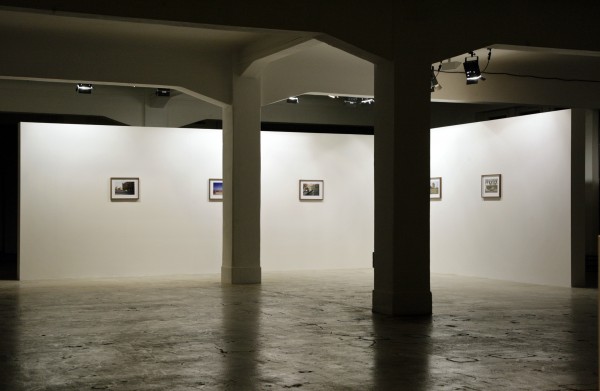
In the beginning of 2007 the consortium ifau from Berlin, Jesko Fezer and Künstlerhaus started to work over the interior concept of the institution. The opening of the conversed spaces will be accompanied by a discussion between the architects from Berlin and social geographer Roland Lippuner on the topic of relations between architecture and everyday life.
The plan made by Jesko Fezer and ifau consists of minimalistic interventions that are derived from the functional demands. Without reinventing the institution’s identity, the architectonical concept aims to present a programmatic diversity and its correlation. The attention was put on spaces of social interaction. Offices and workshops as working spaces have been put in relation, the corridor has been expanded to a library and an open zone for conferences. In connection with the exterior representation, the information materials have been reorganized. The bar was integrated into an existing room-devider, using the upper part as flap counter.
In relation to the closing of Ken Okiishi and Nick Mauss’ A Fair to Meddling Story, Künstlerhaus presents the film adaptation of Georges Perec’s novel Un homme qui dort (The Man Who Sleeps). The film was awarded with the Prix Jean Vigo in 1974 and follows the diaristic documentation of a young man’s (Jacques Spiesser) life, who rebels against triviality and devotes himself to the asthetic studies of objects and situations. The film will be screened in English, with the translation of the protagonist’s interior monologue spoken by Shelley Duvall.
“The recent release of Un homme qui dort on DVD is the biggest film event since the complete print of La Passion de Jeanne d’Arc was found in a closet in a Norwegian mental institution. The English-language dubbing of Perec and Queysanne’s masterpiece was only printed once and screened a handful of times, even though it features a flabbergasting voice-over by Shelley Duvall. Three years later, the relatively unknown Duvall would win best actress at Cannes for her portrayal of Millie Lammoreaux, the emotionally hermetic character in Robert Altman’s epically weird Three Women. The voice of Millie that says with famous disaffection, “I guess she’s never lived in a decorated place before,” speaks Perec’s stark experiment in psychological exhaustion with the same softened Texas accent: a fabulously odd chimera.” (Ken Okiishi, Nick Mauss)
The Speculative Archive (Julia Meltzer and David Thorne) is an artists duo living and working in Los Angeles that produces videos, installations, photographs and texts. Whereas their early works deliberated state secrets and the construction of history, the present focus of the duo’s work lays in how documents – pictures, texts, objects, bodies – produce and implement a specific image of a social future. Before, The Speculative Archive’s videos were screened at Kinomuseum, a special programme within the Internationale Kurzfilmtage Oberhausen (curated by Ian White), at Impakt Festival Utrecht and the Images Festival Toronto (award for best international video).
Within the series Visit The Speculative Archive will screen their videos Not a matter of if but when (32 min.) and We will live to see these things, or, five pictures of what may come to pass (47 min.). Both were shot in Damascus.
The event has been organised in cooperation with Badischer Kunstverein Karlsruhe.
A Fair to Meddling Story is the first institutional exhibition by artists Ken Okiishi and Nick Mauss who live in Berlin and New York. The exhibitions compiles group and solo works such as drawings and objects by Nick Mauss and video works by Ken Okiishi. The exhibition title refers to a short story by American author Jill Johnston who is known for her remarkable blending of critical and fictional writing.
Ken Okiishi and Nick Mauss work individually and collaboratively. Both artists share their interest in repressed aspects of modern visual culture. They take up aesthetic forms of expressions of previous times or lost utopias and place them into modern contexts. For example, they translate an art déco book cover, images of places in New York or a musical portrait of the painter Florine Stettheimer into their creative medium. However, these works aren’t solely a reference to the original materials and topics. The artists are interested in the permanent transformation of cultural meanings which is why the heterogeneous references are exposed as moments of a performative process.
Okiishi’s and Mauss‘ works are led by the questions of cultural mechanisms of communication and translations. Nick Mauss uses elements that purposely direct the spectator’s view on his fragmentary, suggestive drawings. Ken Okiishi’s video works refer to filmic works such as Larry Clark’s Kids or Woody Allen’s Manhattan. The starting point of the exhibition at Künstlerhaus Stuttgart is the collaborative installation Walking around Corona Park, thinking about the future (2005) that contains photographs of the artists exploring the World Exhibition areas of 1939 and 1964. Their search for remnants of the exhibition design lead to a reflection of the mode of social stories, nostalgia, future and aesthetic presence.
Künstlerhaus Stuttgart and Galerie Neu (Berlin) published an artist book accompanying the exhibition.
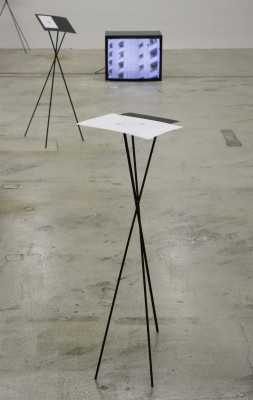
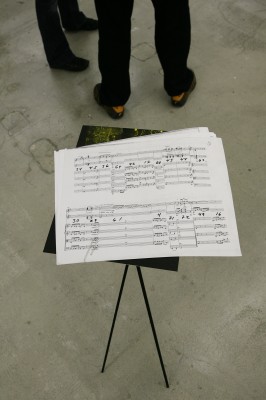
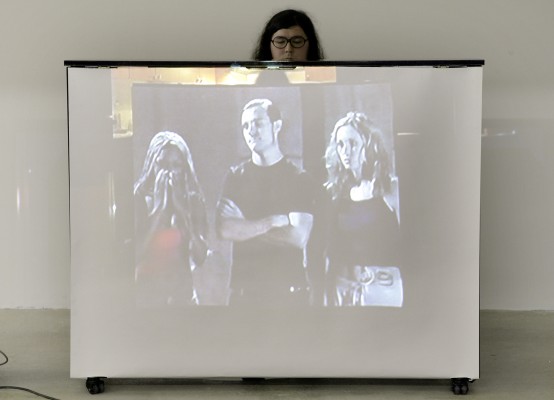
„Open form“ (Oskar Hansen) was developed during the 1950s in reaction to the observation that modern design principles had grown stiff and was a result of intense international architecture discussions. Ensuing from the current exhibition 1,2,3… Avant-Gardes (Open Form #2), the conference includes international experts and deals with the consequences of the theoretical concept of “open form” on contemporary visual culture and the conception of space. Talks and conversations discuss relationships between real space and image space and reflect their significance in the context of current discussions. How can we picture and communicate a processual understanding of space? How did media such as photography, film, performance and the art or architecture exhibition play a part in this? How does an altered understanding of space influence the representation of space or conversely, how did experimental forms of expression influence the general conception of space?
All events are held in English.
Program
Friday, 07/13/2007
6 pm: Welcome: Axel Wieder, Lukasz Ronduda, Florian Zeyfang
6.30 pm: Ulrich Bernhardt (Stuttgart): Über die Ausstellung “Neue Kunst aus Polen”, 1981
7 pm: Michal Wolinski (Piktogram Magazine, Warsaw): From Sculpture to Social Interaction. The Art Activity of KwieKulik and Gutt & Raniszewski
Saturday, 07/14/2007
2 pm: Welcome: Axel Wieder, Lukasz Ronduda, Florian Zeyfang
2.30 pm: Lukasz Ronduda (CCA Ujazdowski Castle Warschau): Between Conceptualism and Nominalism. The Polish Art Scene in the 1970s
3.30-4 pm: Break
4 pm: Marc Glöde (Free University Berlin): “Continual Passages” in Cinema and Architecture. A Talk
5 pm: TJ Demos (University College London): Notes on the Open Form, Today
6-7 pm: Break
7 pm: Felicity D. Scott (Columbia University, New York): Future Adaptability
8 pm: Discussion
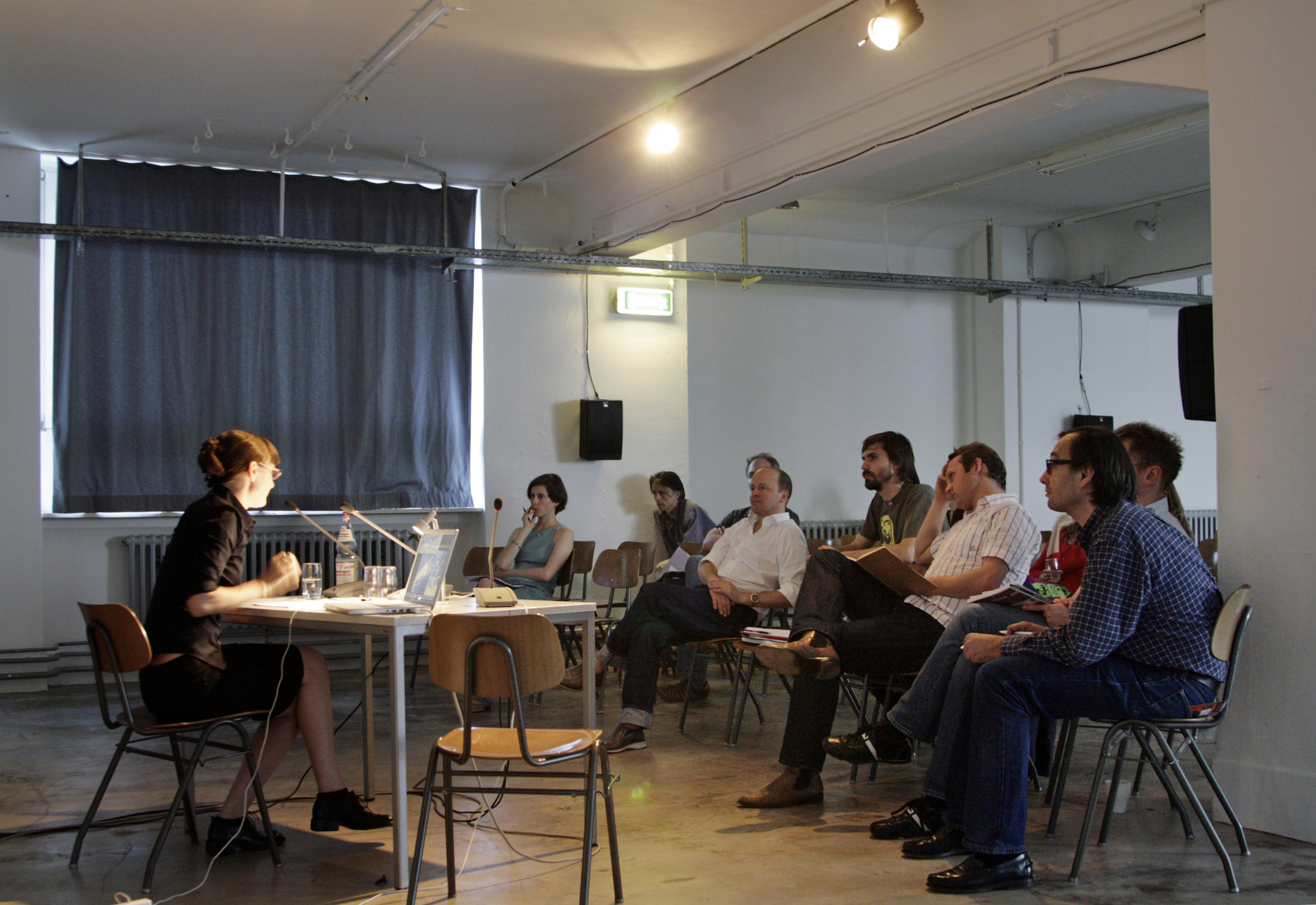
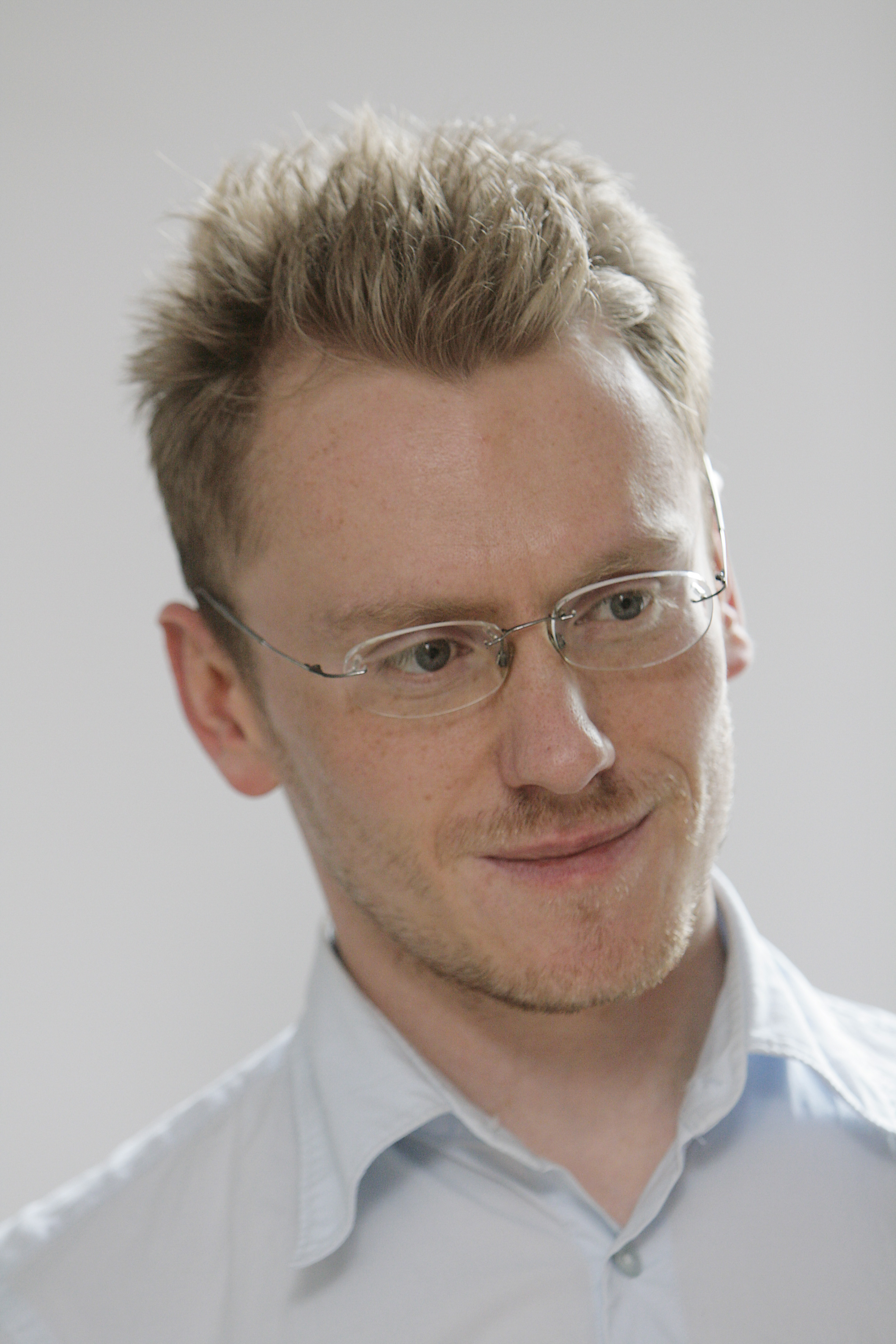

As part of the exhibition 1,2,3… Avant-Gardes (Open Form #2) the artist and director Joanna Warsza will present a new project that was produced in cooperation with the BW-Bank Stuttgart. She will stage a guided-tour through the rooms of the bank, to study the questions of participation and every-day performance.
Banks seem to be self-evident institutions. Still, economic structures, their logic and the way they are institutionalised, always consist of imaginary concepts. The guided-tour will take place during the opening hours of the bank and will lead through different rooms of the bank.
In addition, Joanna Warsza’s works will be screened on the second floor of Künstlerhaus. Among others, MoMA Warsaw (2007, with Beat Gugger and Rudi Steiner) and Althamer TR1, TR2 (2006, with Pawel Althamer).
The concept of „open form“, invented by architect Oskar Hansen and extended by his students towards film and performance, is the core theme of the exhibition 1, 2, 3… Avant-Gardes (Open Form #2) at Künstlerhaus Stuttgart. „Open form“ was developed during the 1950s in reaction to the observation that modern design principles had grown stiff and was a result of intense international architecture discussions. In the 1960s and 1970s, in the light of socialist Poland, young artists developed innovative forms of filmic work and performative intervention in order to open up interrelationships between image space and real space. Within the exhibition 1, 2, 3… Avant-Gardes (Open Form #2) cultural and political consequences are examined: Why have these ideas recently gained new topicality? For the first time ever, an exhibition compiles an extensive collection of films and slide shows of these significant representatives of late filmic art movements and contrasts them with works by young artists who have rediscovered the “open form”.
The exhibition was curated by Lukasz Ronduda, Axel John Wieder and Florian Zeyfang and was produced in collaboration with CCA Ujazdowski Castle and Piktogram Magazine.
Since its first stop at Warsaw, the exhibition and research project 1, 2, 3… Avant-Gardes deals with the (ongoing) history of experimental film and art. The exhibition at CCA Ujazdowski Castle in 2006/07 featured artists and filmmakers from different countries and generations who were contrasted to Polish avantgarde film.
Reconstructions and archive materials make up a significant part of the exhibition. Besides that, there are contemporary works by Pawel Althamer and Artur Zmijewski who have readopted the tradition of open experiment.
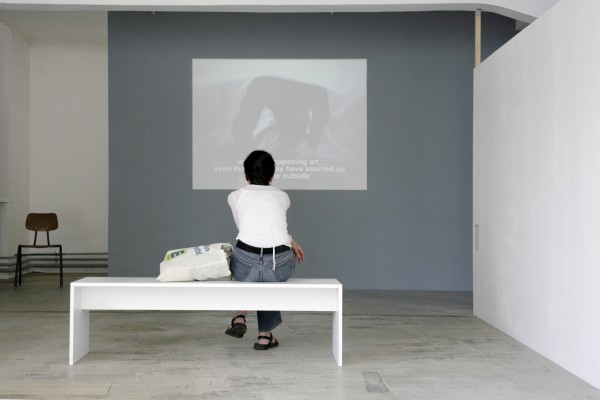
The event series Politik der Institution/Institutional Politics deals with the social role of contemporary art institutions. Until the 1990s, traditional places of art communication were suspected of preventing critical impulses within the arts and fitting them into a bourgeoise educational canon. In reaction to this, artists founded institutions such as Künstlerhaus to create open spaces for the presentation of experimental practices.
In view of an increasingly powerful market, museums and art galleries seem to gain more freedom today. Although they are integrated within urban representation systems, they facilitate participation in general conflicts and can be used as space for critical projects. The focus of the event series lies on strategies to conceptualize exhibitions and public discussion forums, especially regarding the consequences and opportunities for institutions such as Künstlerhaus.
Emily Pethick (Casco Utrecht) and Rodrigo Mallea Lira (Tensta Konsthall) present two examples of art institutions that have remodeled their program in a way that combines creative and social movements. While Tensta Konsthall focuses on an activation of its immediate surroundings, Casco pursues a transdisciplinary theory construction. Within a conversation, architectural theorists Shumon Basar and Pelin Tan will discuss constructional demands of new contemporary art institutions and the difficulty of promoting social interaction. In collaboration with Württembergischen Kunstverein, Jochen Becker and Julien Enoka-Ayemba will present the project series From/To Europe, that deals with Europe’s colonial history and the power of writing that history.
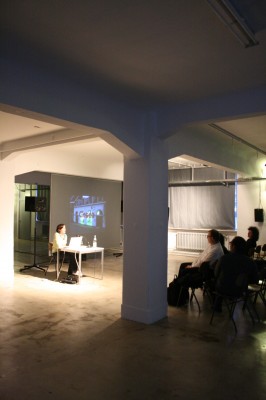

The Temporary Magazine Kiosk is open during the regular hours of Künstlerhaus and displays 25 magazines from the fields of art, urbanism and architecture. Most of the magazines were produced by artists or researchers, are published in small editions and expermient with the limits of the medium. The Kiosk is a diplay for the presentation and distribution of those magazines. It is a preview of the public library and archive that will be installed on the first floor of Künstlerhaus in autumn 2007. Its focus will be historical and current artist magazines. Bora Tanay designed the Temporary Magazine Kiosk.
Magazines
An Architektur (Berlin), Butt (Amsterdam), Fillip (Vancouver), Bidoun (New York), Metropolis M (Utrecht), Dot Dot Dot Magazine (New York), Cabinet (Brooklyn), Afterall (London), Maska (Ljubljana), Frakija (Zagreb), Piktogram (Warschau), Pages (Rotterdam), Art-ist (Istanbul), Fucking Good Art (Rotteram), Grey Room (New York, Cambridge, MA), Derive. Zeitschrift für Stadtforschung (Wien), Ridykelous (New York), GLU (Amsterdam), Pin-Up. Magazine for Architectural Entertainment (New York), Volume/Archis (Amsterdam), Memphis etc. (Wien/Berlin), Starship (Berlin), Basso (Berlin), 032c (Berlin), Newpaper (London)
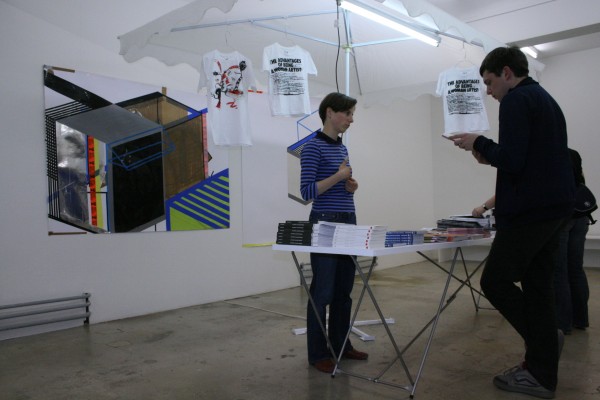
The group exhibition Das offene Ende (The Open End) presents art works by Falke Pisano, Sarah Pierce/The Metropolitan Complex and Tue Greenfort, that purposely neither seem to have a beginning nor an end. They deal with intermediate stages of processes without predefined results. That way, they develop specific aesthetic and political paradigms. A substantial feature of the works is their openness towards creative production and presentation that flow into their meaning and the work methods of the artists.
Falke Pisano’s exhibition contribution A Sculpture turning into a Conversation (2006) is a video-taped talk about a group of people that interact inspired by an abstract sculpture. The artist’s talk is not only a description of the incident but also a speculative position regarding the scene. The meaning of the sculpture is explained by the description of the artist, who approaches the sculpture with logical systematics, constructing and revising meaning. Another work of the artist – Chillida (Forms & Feelings) (2006) – uses a publication by a famous PR expert about sculptures by Eduardo Chillida as a basis for a reflection on relations between objects, their representation and the feelings they induce inside spectators.
Sarah Pierce’s long-term project The Metropolitan Complex is an investigation arrangement regarding relations between institutions and the public. How is the public integrated in the work of institutions and how can the public’s needs become an issue of institutions? Sarah Pierce takes up a role inside the exhibition establishment that has more to do with administration than it has with art. Since 2003, The Metropolitan Complex publishes publications that contain non-public conversations held in specific exhibition environments about exhibition production. Another series of projects includes archives that were assembled by The Metropolitan Complex. Aside from publications by The Metropolitan Complex, excerpts from these archives (The Red Archive Dublin, The Meaning of Greatness, Affinity Archive Dublin, Monks Garden) will be exhibited.
Tue Greenford’s work was developed during a stay at Künstlerhaus Stuttgart. Equipped with a mobile printing studio, Greenford explored the city and made prints of gully covers. The sometimes decorated manhole covers are omnipresent, but people rarely notice them. They represent an invisible part of the city – the underground water system located. Greenford is interested in parts of the city that illustrate contrasting interests, contradictions and conflicts such as the blurring of the line between nature and culture. Many of Greenfort’s projects take these places as starting points for own interventions or examinations of environments. At Künstlerhaus, he will exhibit a documentary work.
Inside three glass cases, there will be more documentary materials. One case sontains publications by artist Chris Evans, who examined public sculptures regarding the relationships between artists, commissioners, interests and locations. Inside a second case, materials such as a book by concept artist Ian Wilson represents institution-critical approaches. Ben Kinmont produced a documentary booklet about the early deceased artist Christopher D’Arcangelo. A collage by Rachel Harrison that includes a photograph from the recently at Hammer Museum (Los Angeles) shown exhibition Société Anonyme. The third glass case contains copies and publications by Cedric Price, Oskar Hansen and a project from New York, The Stand, which was temporary situated on a market at China Town.
Photography: Marijan Murat
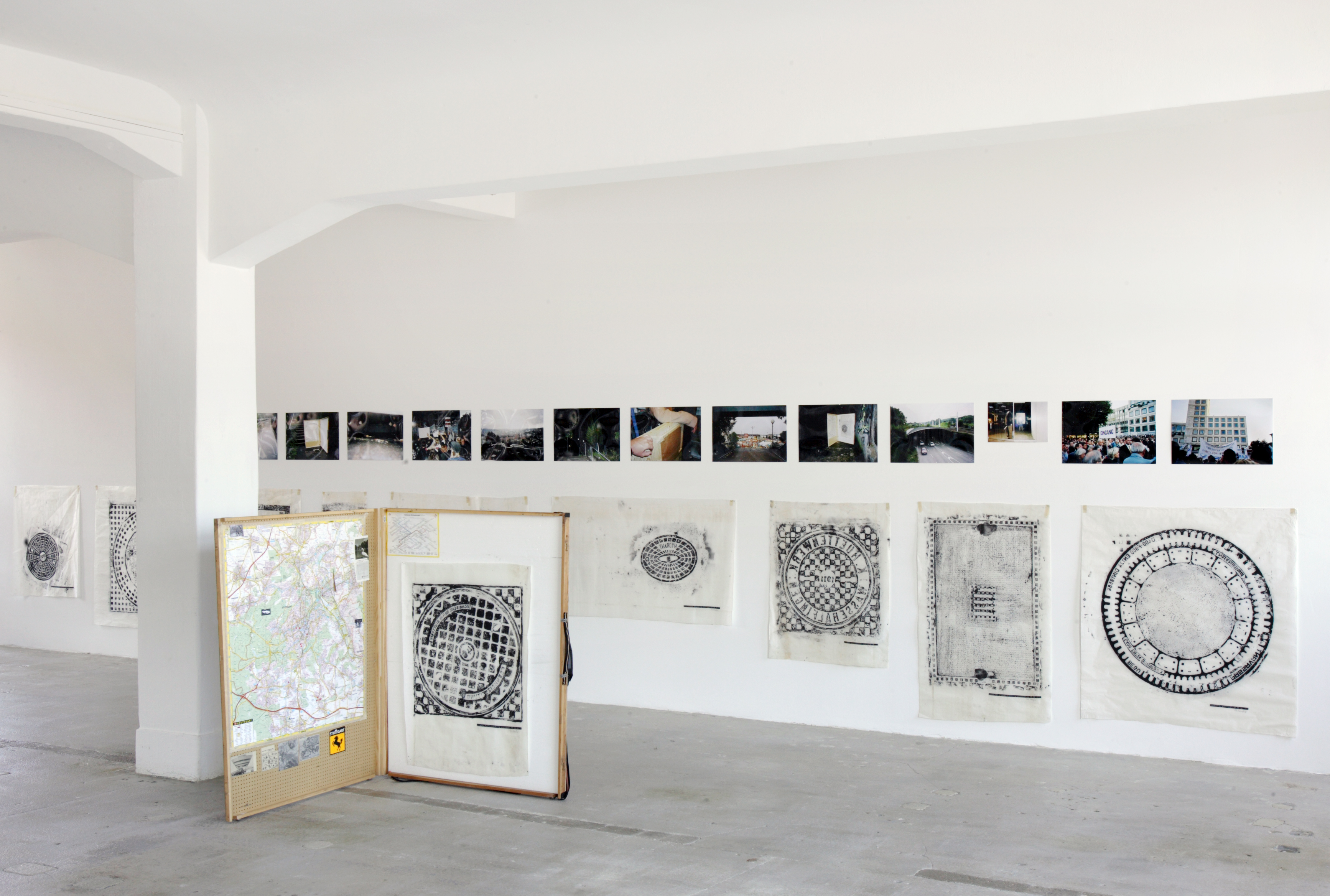
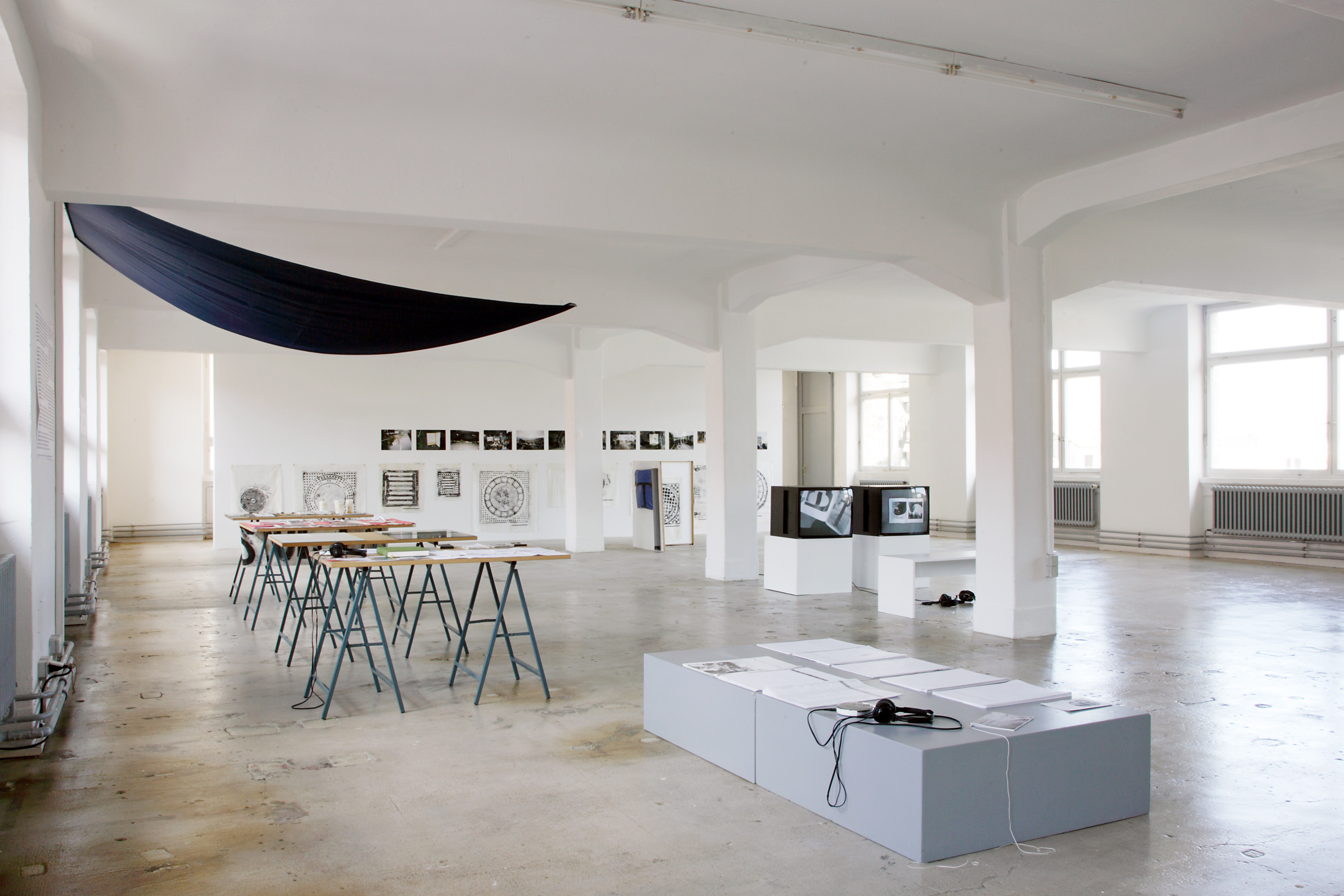
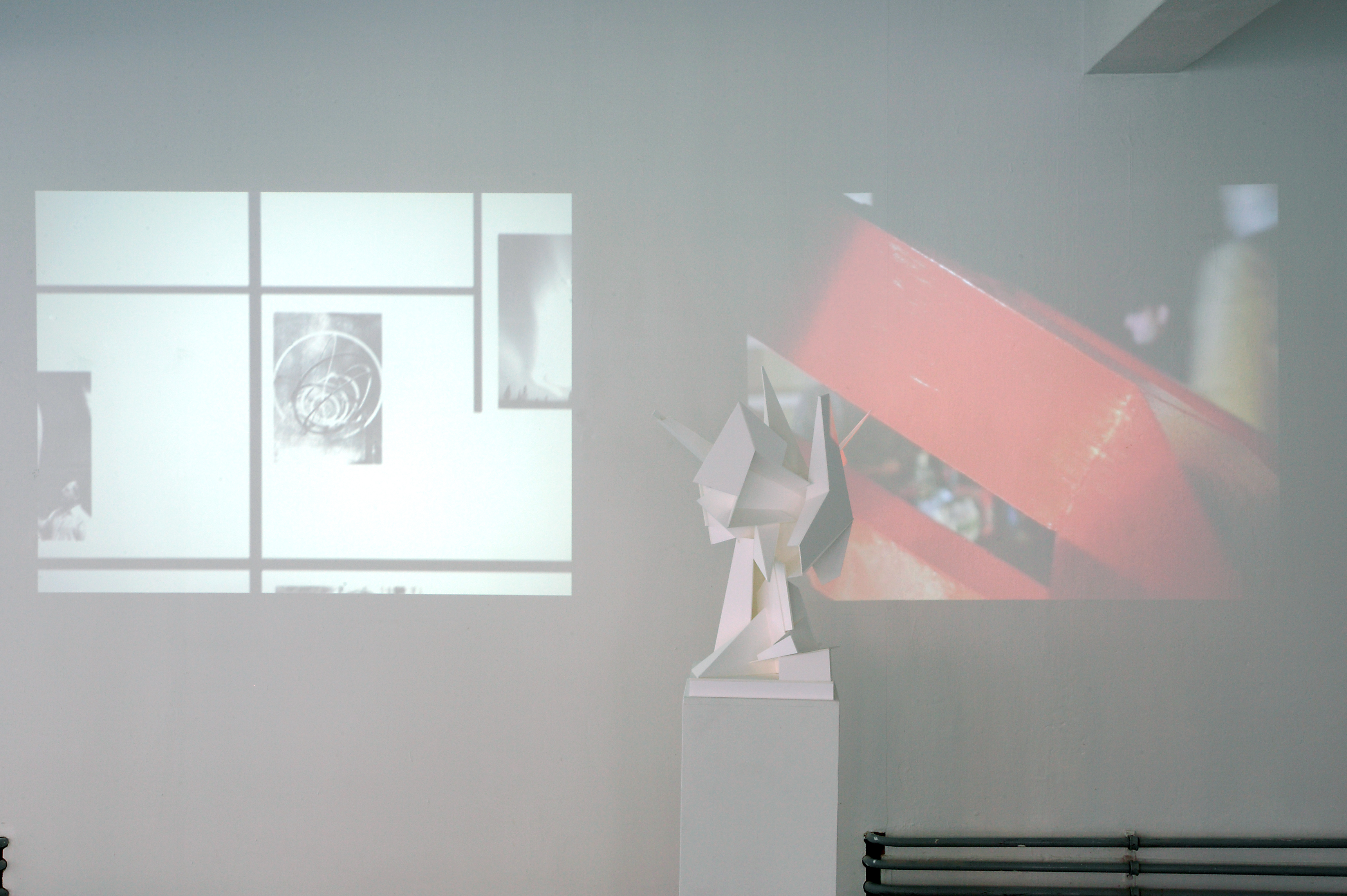

Since 1994, the group Bernadette Corporation works in Paris, Berlin and New York. Its members vary as well as the media and symbols they use for their creative work. Originally founded as an events organization within the art scene, Bernadette Corporation was turned into a fashion label from 1995 to 1997. From 1999 until 2001, the group published a magazine about art, fashion and film titled Made in USA. In 2005, Bernadette Corporation published the collectively written novel Reen Spaulings, named after a fictional character, who works as an artists and gallerist since then.
The core of Bernadette Corporation’s creative interest is the attempt to create and try strategies of resistance within the contemporary systems of popular culture and art. The group takes over procedures from the entertainment industry and reinterprets them for own, experimental purposes. Bernadette Corporation’s projects are examinations of modes of action of a globalized culture that influences work and visibilities.
Since 2006, Bernadette Corporation runs Pedestrian Cinema, a temporary underground film production firm, that produces elements of possible films in rapid succession. The results are single scenes, screen tests, screenplays, props and flyers. Creating a full film is not the primary aim. Instead, Bernadette Corporation uses the narrative of film production as a means for encounters and occurences. At Künstlerhaus, Bernadette Corporation presents an installative realization of the project Pedestrian Cinema.
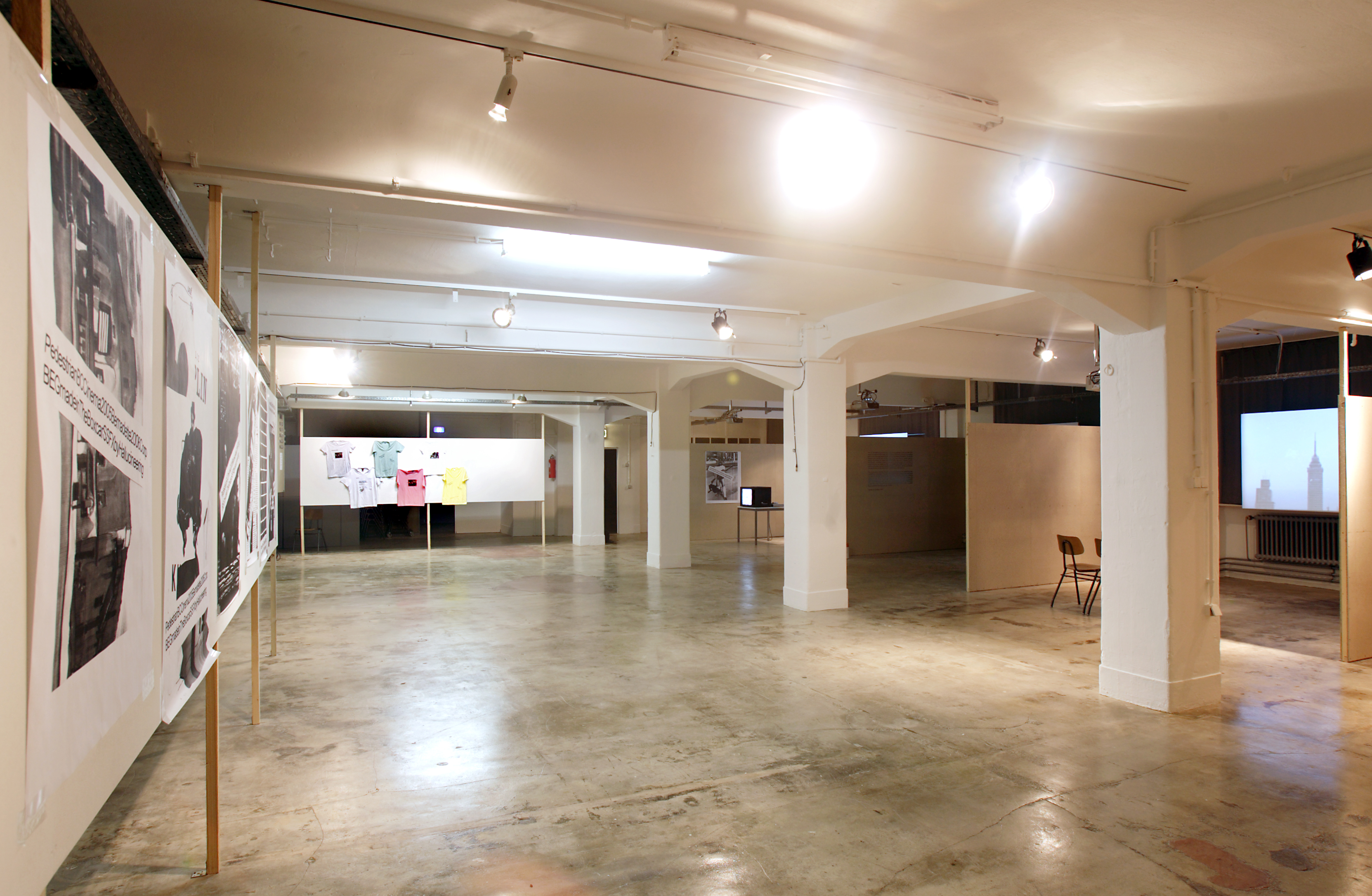
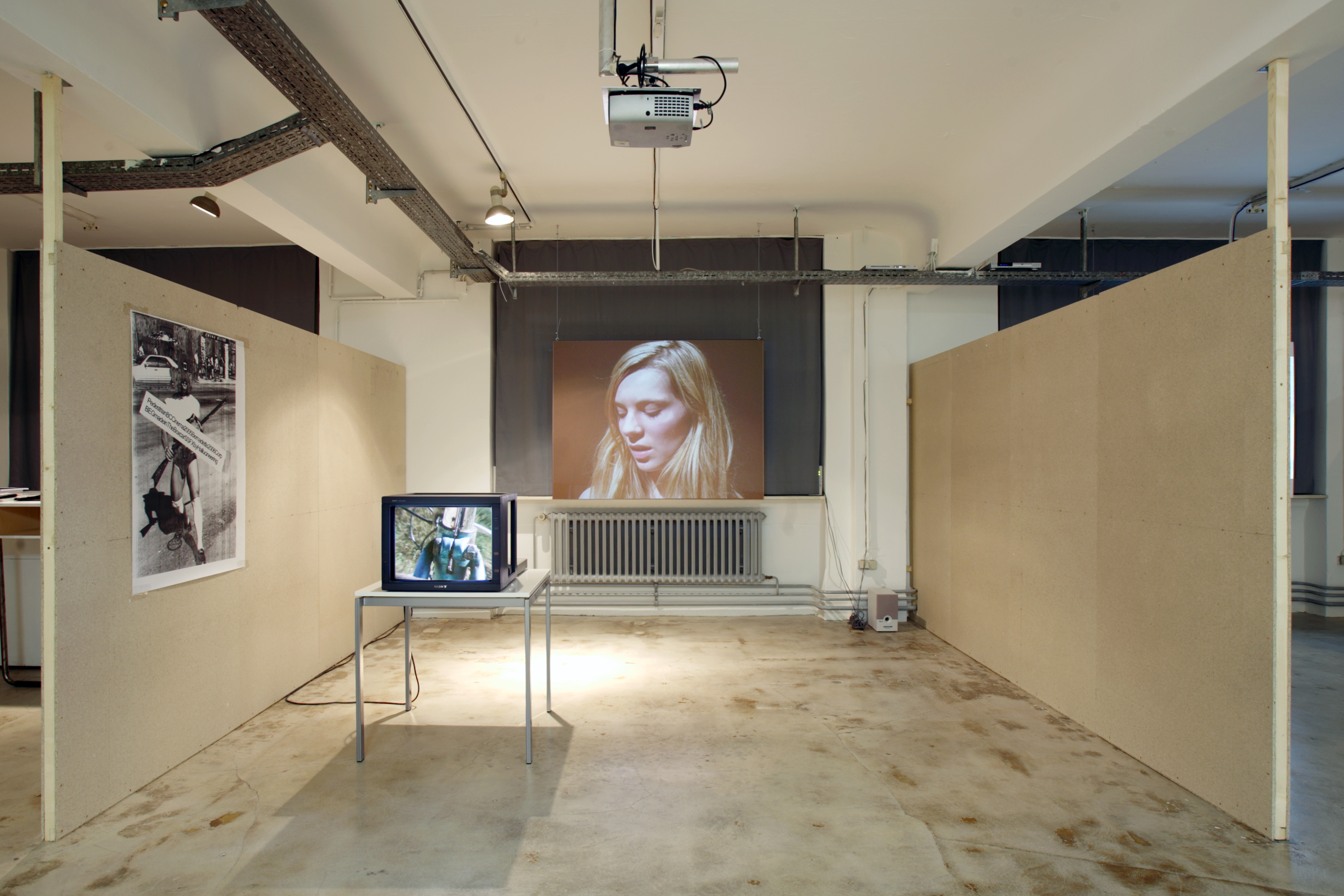
The artists group Halbton has been initiated by artists working in the printing workshops at Künstlerhaus. Its goal is to support communal works, create synergies and realize exhibitions.
Within the series Visit, the artists of Halbton introduce their work to the members and visitors of Künstlerhaus. The guests will be invited to have sandwiches with lard in front of the originals in the workshop.
The series Visit is a open platform for the presentation and discussion of contemporary art. Künstlerhaus offers to everyone interested, the possibility to propose ideas or concepts for discussions, talks and screenings. The compilation for the series is made by a group of members that meets frequently.
For a start, the new artistic direction of the Künstlerhaus presents a film programme that screens three works that show artistic institutions in unusual situations. Out of their functional context, the spaces offer freedom for conversion.
Gitte Villesen: The Building – The Bikeshop – Andy’s furniture (Digital Video, 2001, 20 min.)
“The project was initiated in April 2000 in a building in S. Blackstone Avenue, 6100, at South Side, Chicago. The ground, as well as the building belong to the artist Dan Peterman and accommodate a little commune. Among other things, there is a artists’ studio for resident purposes. This is where I lived during my stay in Chicago. In many of my works I was interested in how people try to realise their dreams and wishes within their limits due to cultural, social and gender-specific conditions. Almost all activities inside and around the building have an idealistic side, that is connected to a specific reality. The video focusses on the people who use the building as well as their activities. The Blackstone Bicycle Works are in the centre.” (Gitte Villesen)
Lucy Skaer, Rosalind Nashashibi: Flash in the Metropolitan (16 mm, 2006, 3:25 min)
Flash in the Metropolitan was filmed in the darkness of the Metropolitan Museum in New York. Exhibited objects from Oceanea, Africa and the Middle-East light up under strobe lights and are dissociated from their context.
Judith Hopf, Natascha Sadr Haghighian, Florian Zeyfang: Proprio Aperto (Digital Video, 2005, 6 min)
“Due to a touristic curiosity, the tendency to contemplation, we decided to take a walk to the biennial arts festival in Venice, outside the opening hours. That day of winter, we found the pavilion with the different nations’ exhibition architectures, barricaded and protected from vandalism.”
(Judith Hopf, Natascha Sadr Haghighian, Florian Zeyfang. In the meantime, Judith Hopf, Natascha Sadr Haghighian and Florian Zeyfang have a conversation about landscapes of ruins, ghosts and cultural hegemony. The pan shot moves from picture to picture as the destruction of the stands rises.
At the same time, the Künstlerhaus was founded, a skilled industrial designer, living in the South of the city, began constructing a machine that was supposed to provide more energy than it was consuming. A cylinder built of permanent magnets would, once activated, move endlessly in the shape of an eight, doing work and solving the energy problem. But after a short while, the motion would stop, so that additional supporting mechanisms were needed. The machine grew and became a complex construction that still did not solve the problem of the wandering dead centre.
After 25 years of invention and development, it became a strangely looking gadget with gear wheels and ball bearings, that not only carries the history of its failure, but also the possibility to see failure as an impulse for production. Considering the machine a piece of art – which would be against its intention – it is possible to use it for an analyse of today’s art scene, especially posing the question of how art is delaying its dead centre.
The series Visit is a open platform for the presentation and discussion of contemporary art. Künstlerhaus offers to everyone interested, the possibility to propose ideas or concepts for discussions, talks and screenings. The compilation for the series is made by a group of members that meets frequently.
An exhibitions related to the studio shcolarship.
A variety show with performances and exhibitions by stipend holders of Künstlerhaus.
Program
19:30 – 24:00 Mirja Wellmann: Ritzungen in Plexiglas
19:30 – 20:00 / 21:00 – 22:00 / 23:00 – 24:00 Ilka Götz: Slide show from the series lost-and-found, video installation Short Cut
On the second floor, there will be slide a slide show presenting works from Ilka Götz‘ series lost-and-found. One floor above, she exhibits her video installation Short Cut, that was made during her stay at Künstlerhaus. Besides that, Mirja Wellmann’s new works are exhibited on the third floor: Her Scretchings in Plexiglass deal with hearing.
20:00 – 21:00 Visual Music-Sequences Version I + II:
ja&nein: Wolf Nkole Helzle, Axel Hanfreich, Jogi Nestel
Hammerhaus – the next dimension: Kurt Laurenz Theinert, Axel Hanfreich
CVTV: Matthias Siegert, Mark Lorenz Kysela
Axel Hanfreich (sequencer), Wolf Nkole Helzle (visuals) and Jogi Nestel (drums) premier their twenty-minute performance ja&nein: Writing a mysterious text by Thich Nhat Hanh with a squeaking pencil, the sounds are processed with the sequencer and turned into abnormal noise accompanied by drums and visuals.
The duo for “bold electro poetry”, Kurt Laurenz Theinert (visual piano) and Axel Hanfreich (sequencer), supported by software developer Phillip Rahlenbeck, will present their visual performance Hammerhaus – die nächste Dimension.
Mark Lorenz Kysela and Matthias Siegert present their intelectually overwhelming constructions of their self-developed CVTV. They combine video and sound in a very unsual way: Video signals are made hearable, audio signals are made visual.
Der Ball der Demaskierung is a feast to celebrate the closing of the exhibition Maskharat
A masquarade allows the guest to show one’s hidden sides or play desired roles. The masque can either be an extension or lead to a tranformation. It always comes with an unmasking character. The ball at Künstlerhaus offers the possibility to come masked/unmasked or to use the opportunity on the spot.
The evening will be lead by different performances and music by Feinmotorik and Michael Pauknery. There will be transformations by Alex Györfi & Peter Holl, Juliane Solsmdorf & Antje Majewski, Stefanie Oberhoff & Lambert Mousseka and Michael Hilton. Furthermore, the artists group k2ao will show excerpts from Munichs Bohemian world.
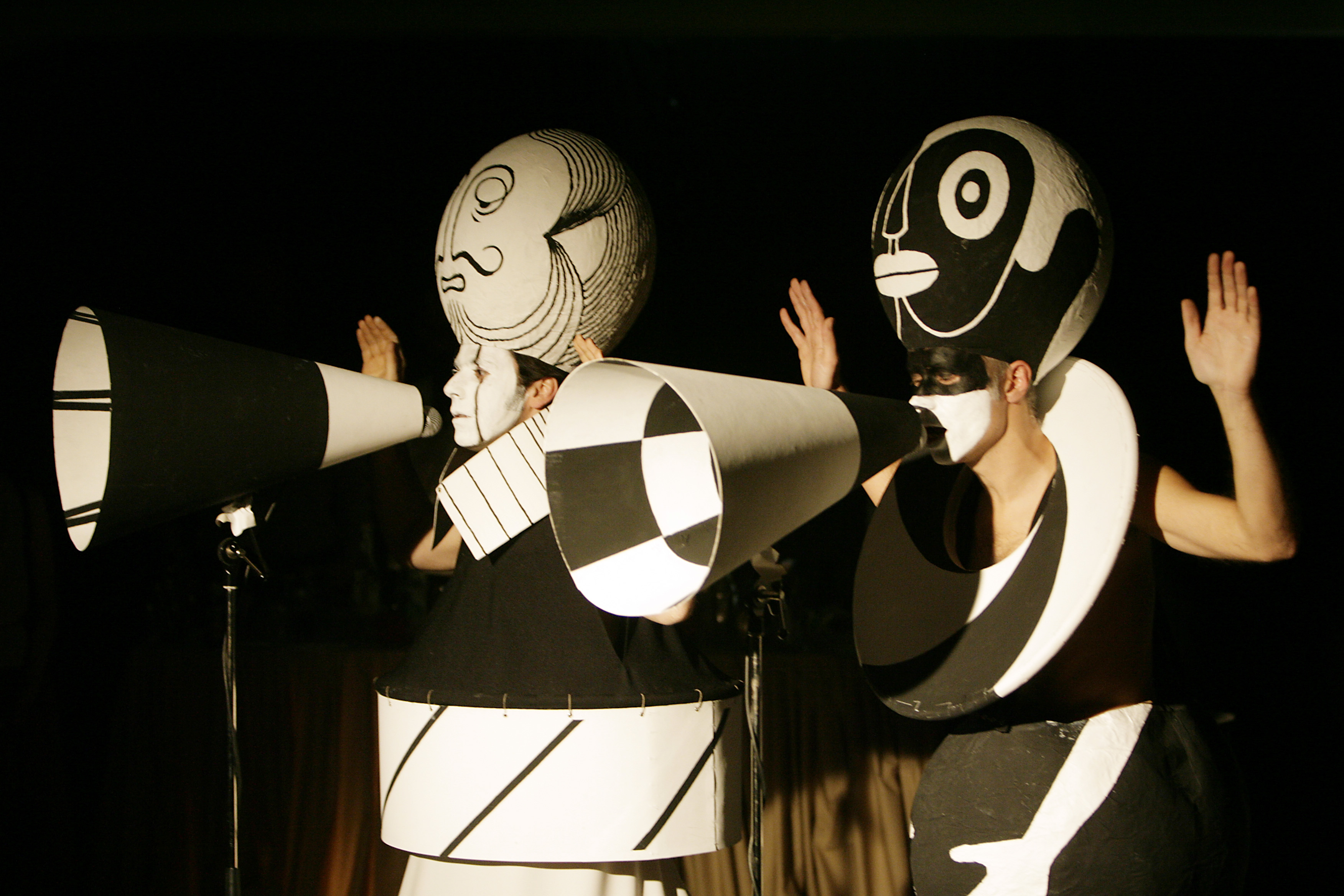
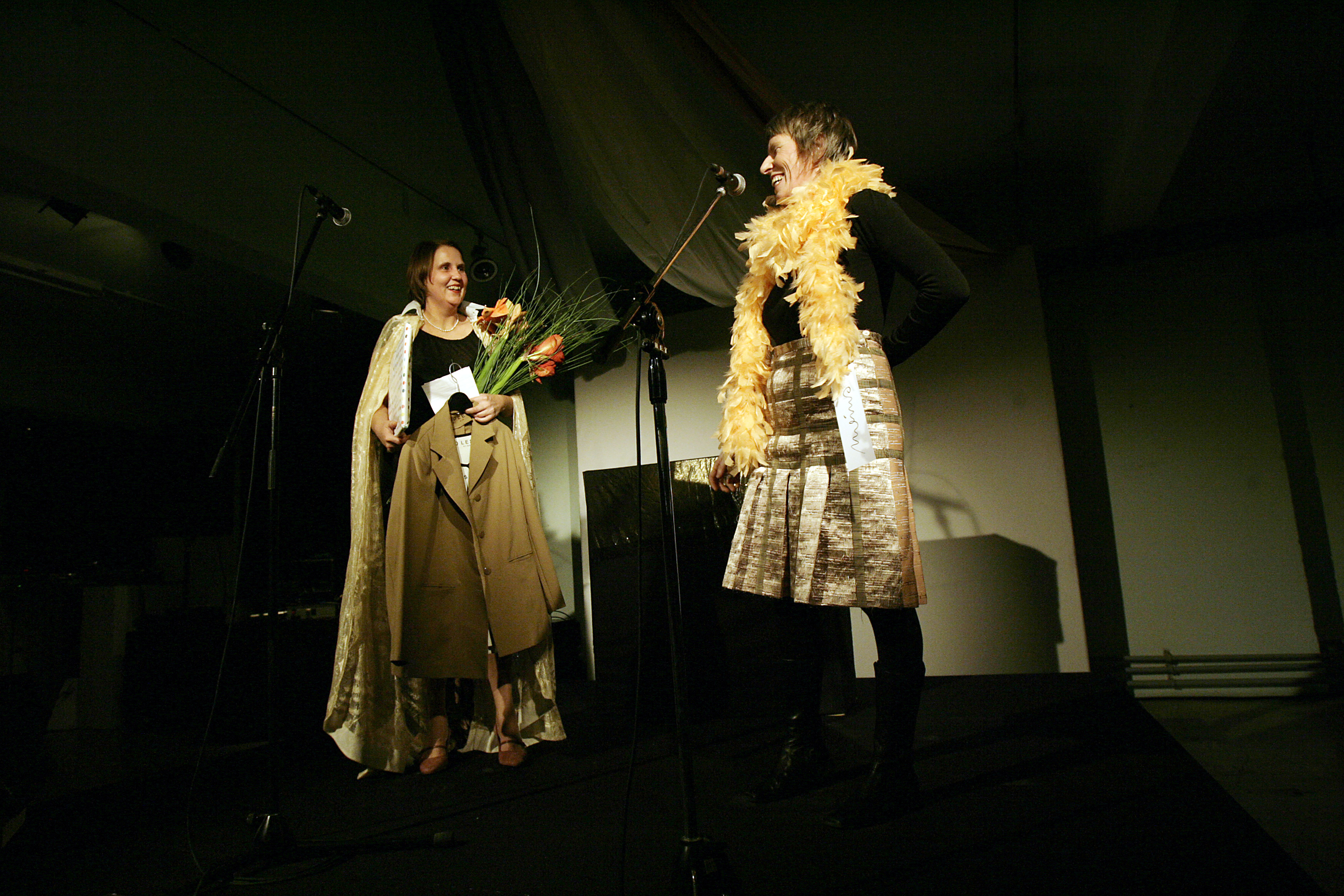
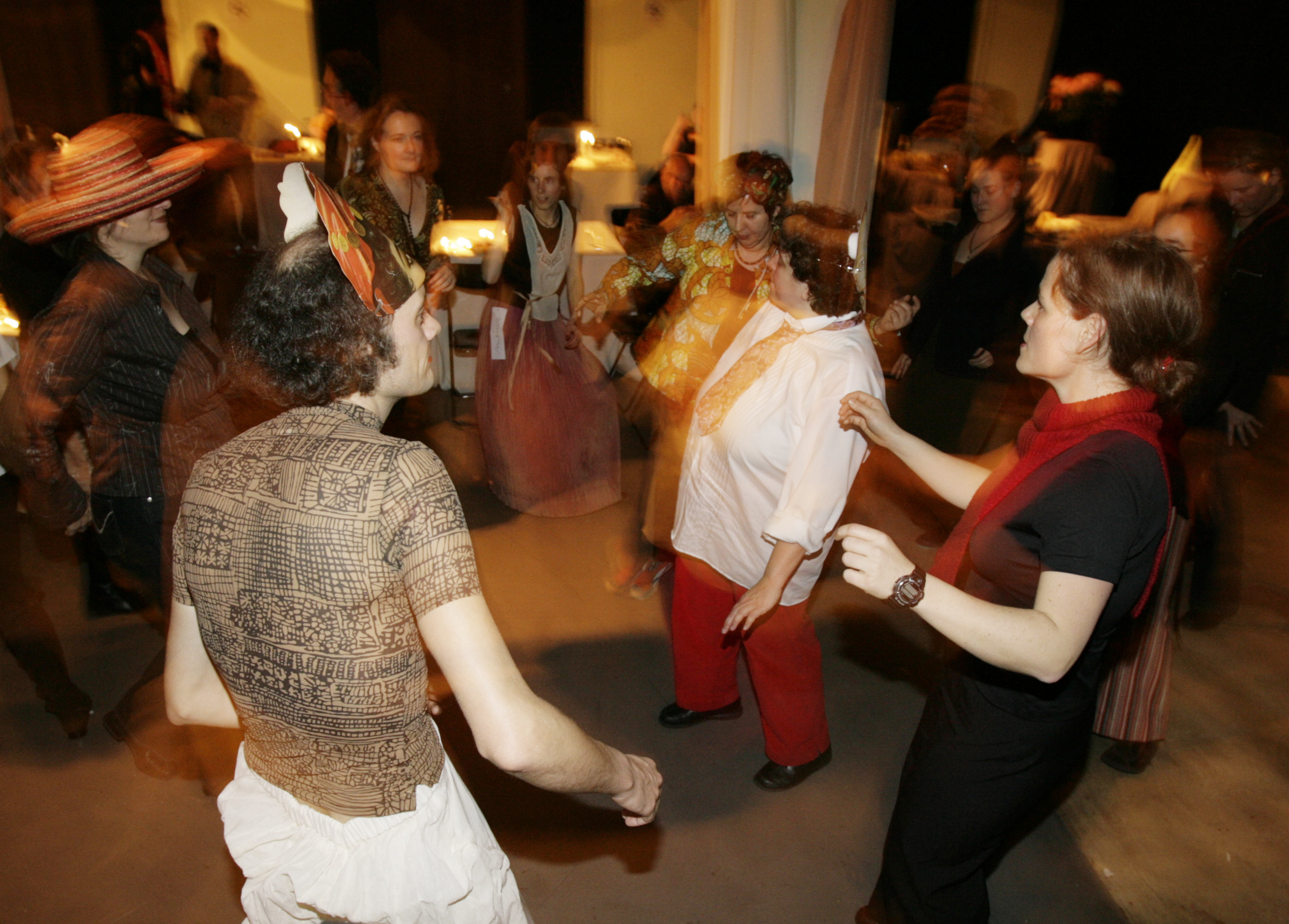
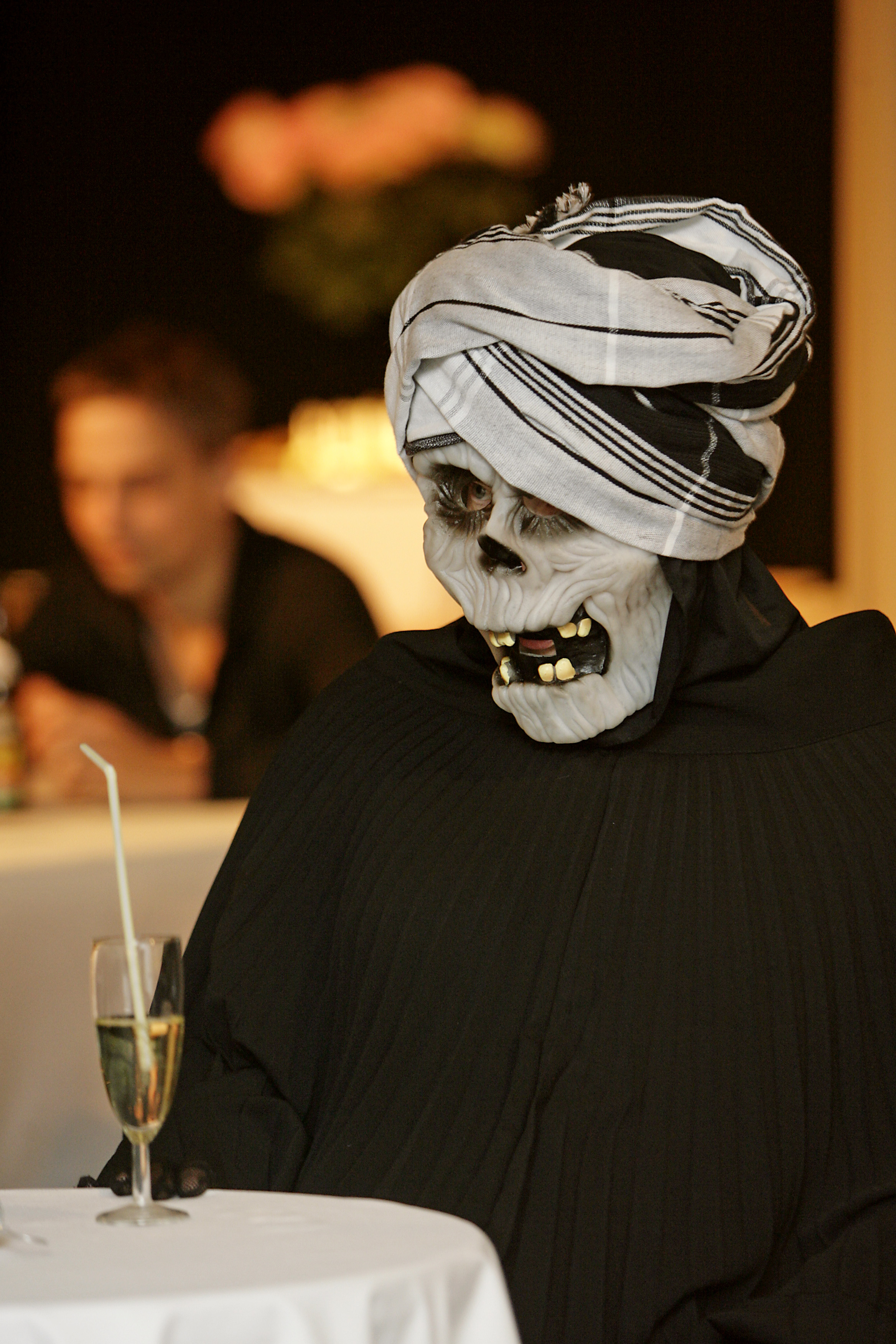
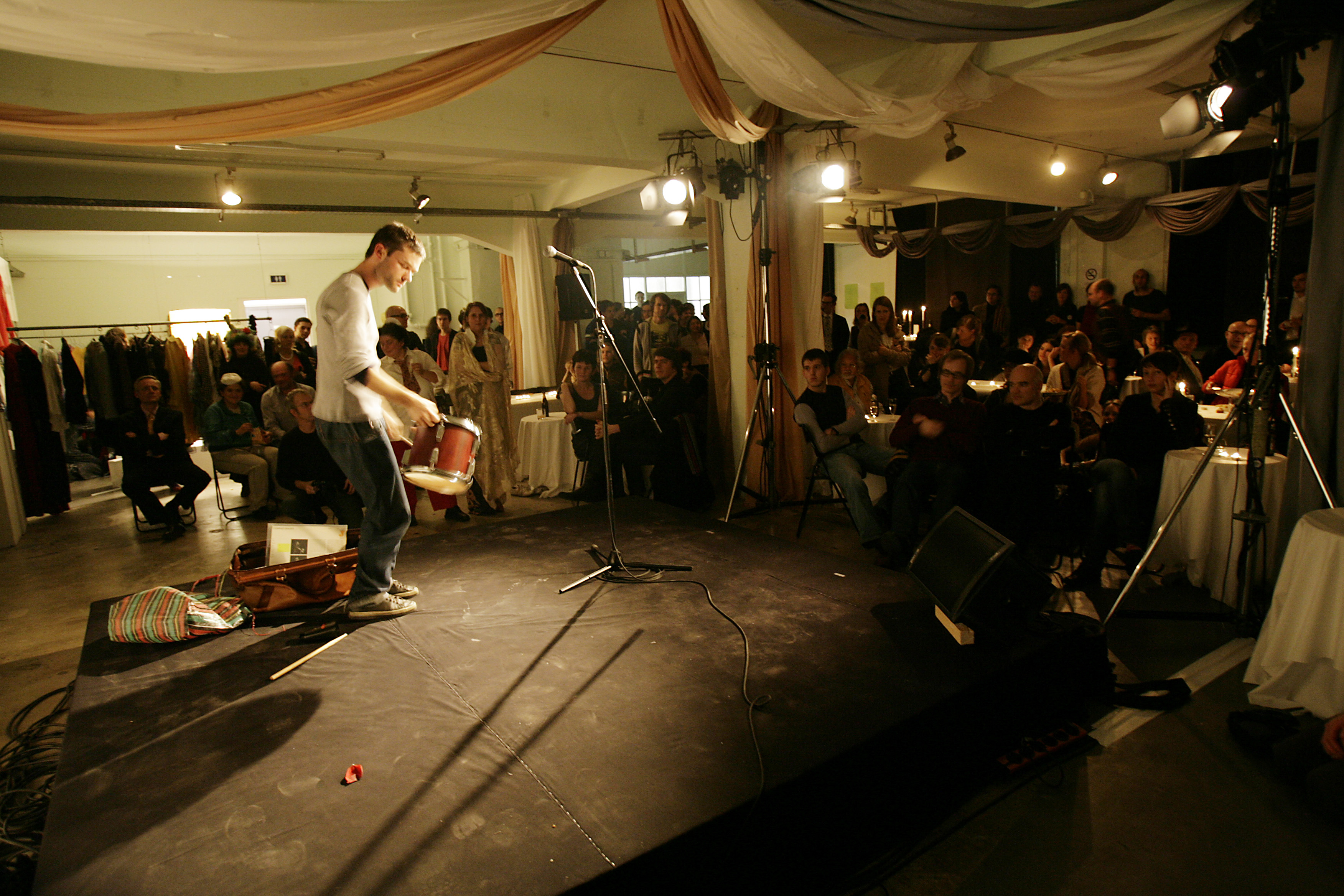
Every Stuttgart citizen knows the Max-Eyth-See. But who knows anything about the person of Max Eyth?
Since last year, the artist Ulrich Bernhard has been researching and working on Max Eyth, the steam engineer, writer of travel and adventure novels and functionary of DLG living in the 19th century. Within the conversation with the scientist of literature, Ute Harbusch and Ulrich Bernhard will talk about the leap in time between now and then, as well as the uncertain relation between science and art. The conversation will be accompanied by the presentation of some of Bernhard’s works, historical photographs and reproductions of drawings by Max Eyth.
Max Eyth studied mechanical engineering in Stuttgart and became a pioneer of agricultural industrialisation. As sales representative of an English steam-engine manufacturer, he travelled nearly every continent, to introduce new techniques of ploughing and inland navigation, using steam engineering. His years of travel and apprenticeship were followed by the years of his mastery in Germany: the foundation and direction of the Deutsche Landwirtschaftsgesellschaft (DLG). Finally, he settled down as writer and wrote novels and tales like the best seller Hinter Pflug und Schraubstock (1899) based on his experiences. This year Eyth’s 100. day of death will be celebrated, as well as his 170. anniversary.
Ulrich Bernhardt followed the settings of Max Eyth’s work and books. For instance, to New Orleans, where Eyth arrived right after the American civil war – today, in the aftermath of hurricane Katrina, the citie’s duty is to reinvent herself, considering/in spite of the advancing mechanisation. Or to Egypt: in times of colonisation, the engineer profited of a huge, but short, cotton boom. Today, Nidelta is victim of urban sprawl and Cairo stands in front of big problems, whereas the agricultural level wandered to the times of Pharaohs.
Ute Harbusch: Mit Dampf und Phantasie – Max Eyth – Schriftsteller und Ingenieur, Kirhcheim u. Teck, 2006
Appearances: a siren, a Hawaii girl, two sailors, an old bird, a young bird, two further sailors, the Greek god Tunte, an ancient American star, a Russian silent film mother and a nymph of German Romantic. As follows, the authors describe their ironic, irritating, and alienated film collage: Without being punished, our aim is to reinvent the poetic reality / describe other forms of life / to devise new worlds / new humans, new hermaphrodites, whatever comes to our minds / we postulate the identification of the spectator / his moral engagement in situations that are beyong good or bad and that nebulise the checkpoints and constants of his world view / we introduce the spectator to a psychic no man’s land.”
Raoul Hausmann: In the principle of a collage, different layers overlap. Sectors and quotations in the commercialised every day life and music, noises, sacred gongs, Hawaiian music, Schuricke-melodies, Musette-waltz, Burmese chant and cultic Ketchak-rythms and language – literary texts by Apollinaire, which also make use of the procedure of quotation, phrases from the world of American show business and the complains of a Russian silent film mother […]. Satire, the grotesque, the caricature the clown and the doll appear; and its the aim of this form of expression to present an other life to us, by depicting the mechanising of life, the apparent and real consolidation.”
Die Betörung der Blauen Matrosen, directed by: Ulrike Ottinger, D 1976, 16 mm, color, 50 min, starring Tabea Blumenschein, Rosa von Praunheim, Barry Tannenbaum, Valeska Gert and others.
Masquerade has been a means of cultural and political expression since time immemorial. It is both keen, cutting criticism and appealing, buoyant joke. In Arabic, Maskharat means fool, buffoonery or joke and highlights the action connected to masquerade. Masks are means of transformation and enable passing social stereotypes, gender roles or cultural conventions.
The mask is a form of distinction, an “in-between”, that separates and connects two sides at the same time. A notion of the “unite opposite” (Hölderlin). Maskharat suggests a constant alterability of identities. Masks rewrite social and gender conventions.
The core oft he project Maskharat forms an exhibition of contemporary positions. Two artistic productions by the groups Puppet in a Box and The Set will be exhibited at Künstlerhaus. Madeleine Bernstorff will compose a film program. On December 1, there will be a large de-masquerade ball including several performances. An accompanying exhibition catalogue is available at Künstlerhaus.
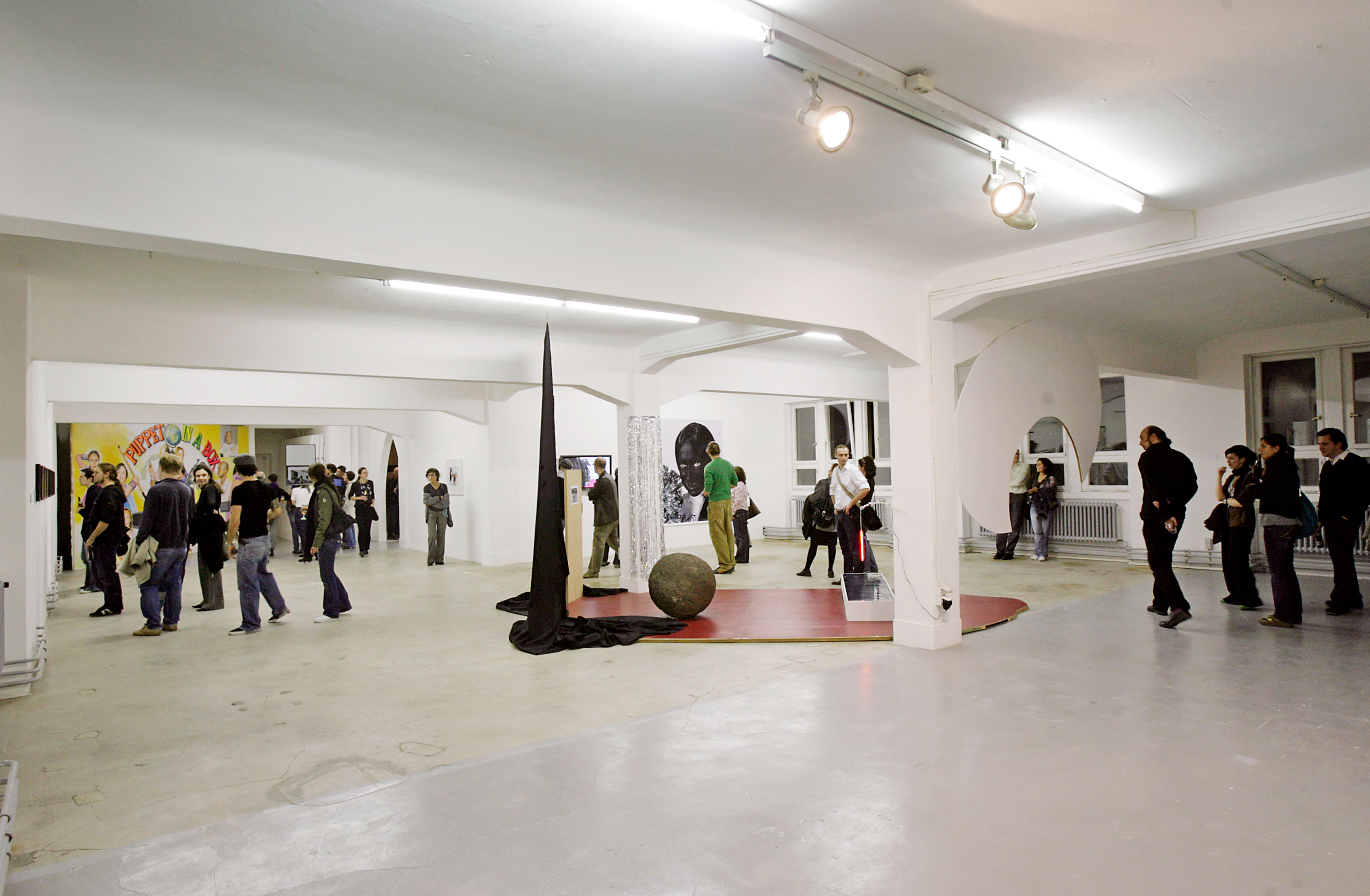
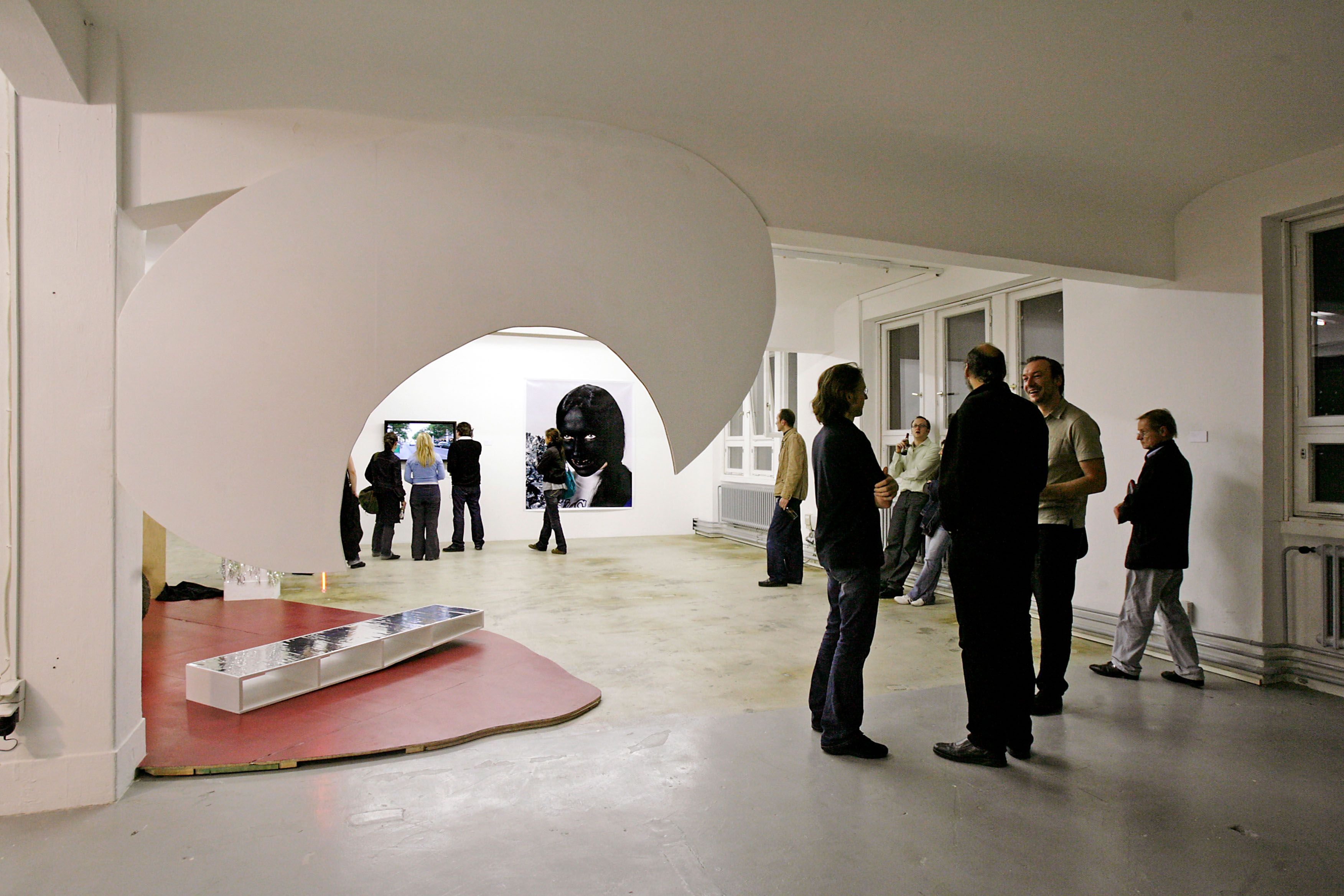

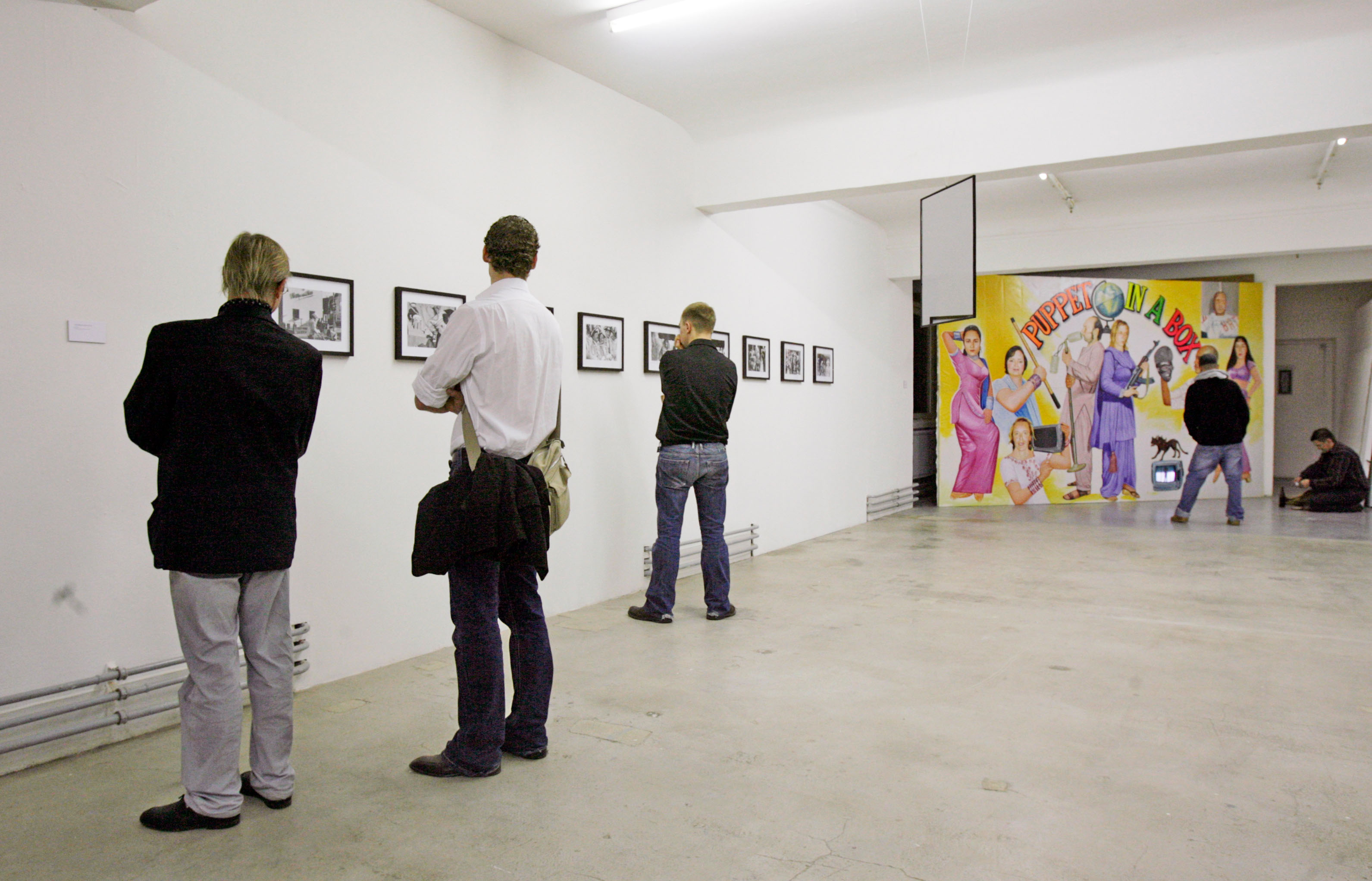
October 20, 2006
Presentations by radio initiatives
Aside from traditional radio stations, there are groups and initiatives, that experiment with a large range of content and formats. Künstlerhaus invited three radio initiatives to present their work and discuss radio formats of the future.
Janka Kluge, Oliver Kempter: Freies Radio für Stuttgart
Sarah Washington, Knut Aufermann: Radio Simulator
October 21, 2006:
Presentations radio interventions
This isn’t radio. Is it? Künstlerhaus invited creative project groups who use technological opportunities of radio.
Nik Hummer, Gammon: Thilges
Paololuca Barbieri Marchi, Alberto Caffarelli, Andrea Masu, Giacomo Porfiri, Matteo Erenbourg: Alterazioni Video
The event is organized by Künstlerhaus Stuttgart and Mediaspace.
The exhibition Tipic_no presents contemporary art by the young artists group Barake from Sarajevo. The title (translated: typical) is an ironic reference to the demand of the foreign art market for a typical art form from Bosnia and Herzegovina: so-called “war art”. Can artists from the small Balkan multiethnic state be “normal typical” artists who deal with issues that they find significant? Would this approach be accepted? The peace agreement of Dayton was signed more than ten years ago. However, in a general view, war is a primary association about Bosnia and Herzegovina. The connection isn’t far to seek: The remnants of war are obvious not only within socio-economic structures but also in everyday life. There are still numerous ruined buildings. The exhibition doesn’t negate the so-called “art war” as it is part of the country’s reality. It rather widens the focus and shows that there is a young, self-confident generation of artists who want to be more than “war correspndents”.
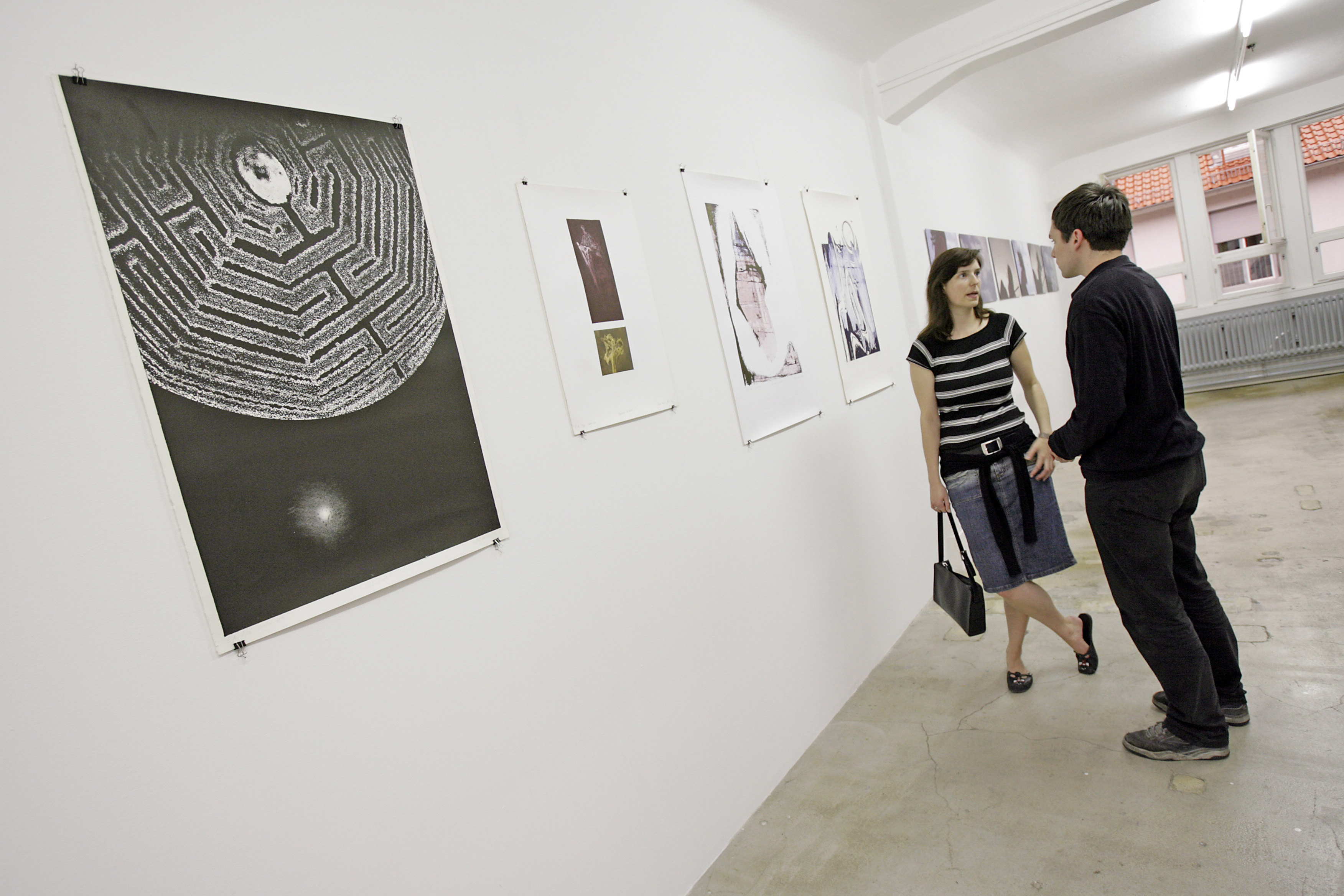
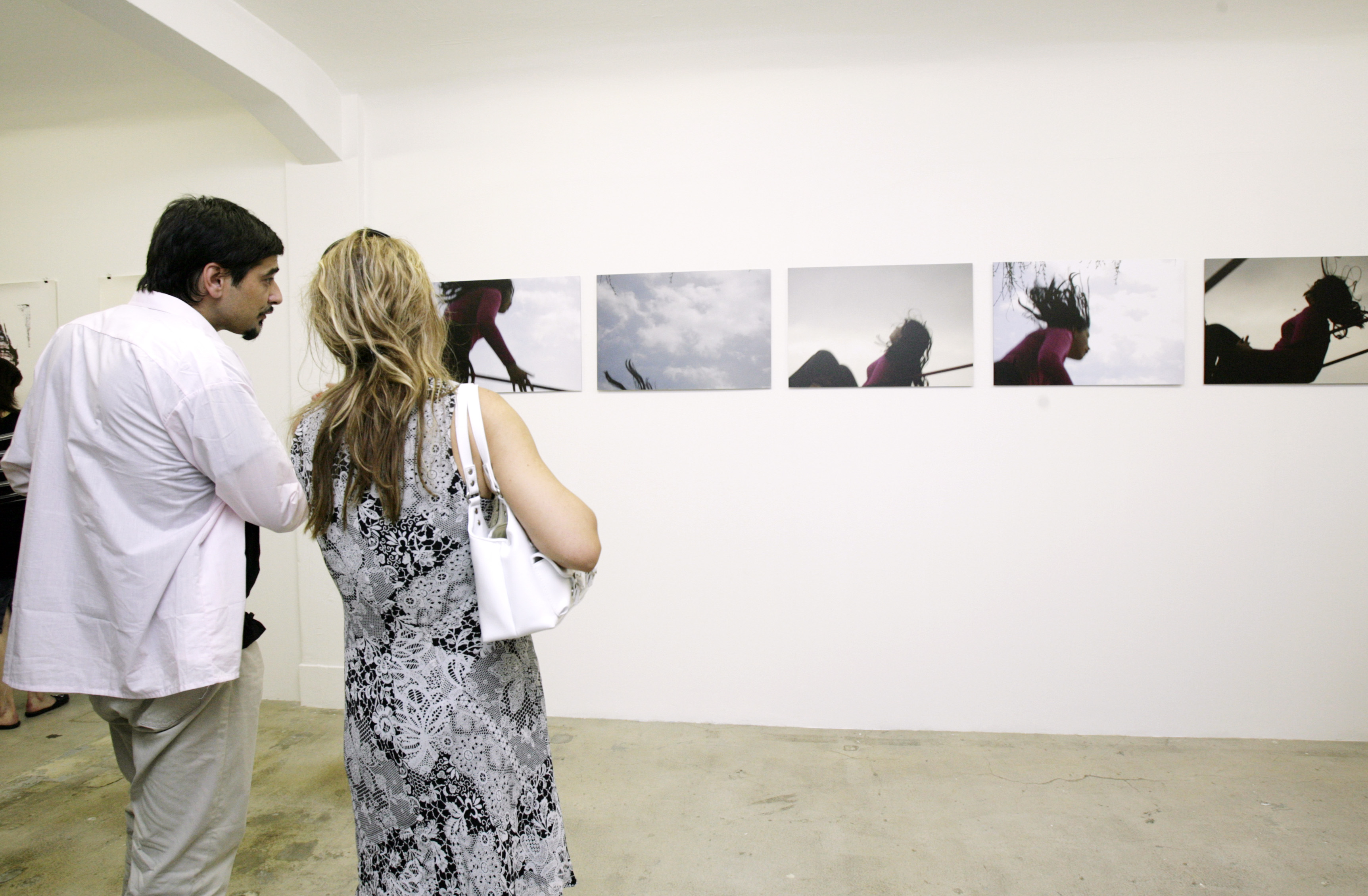
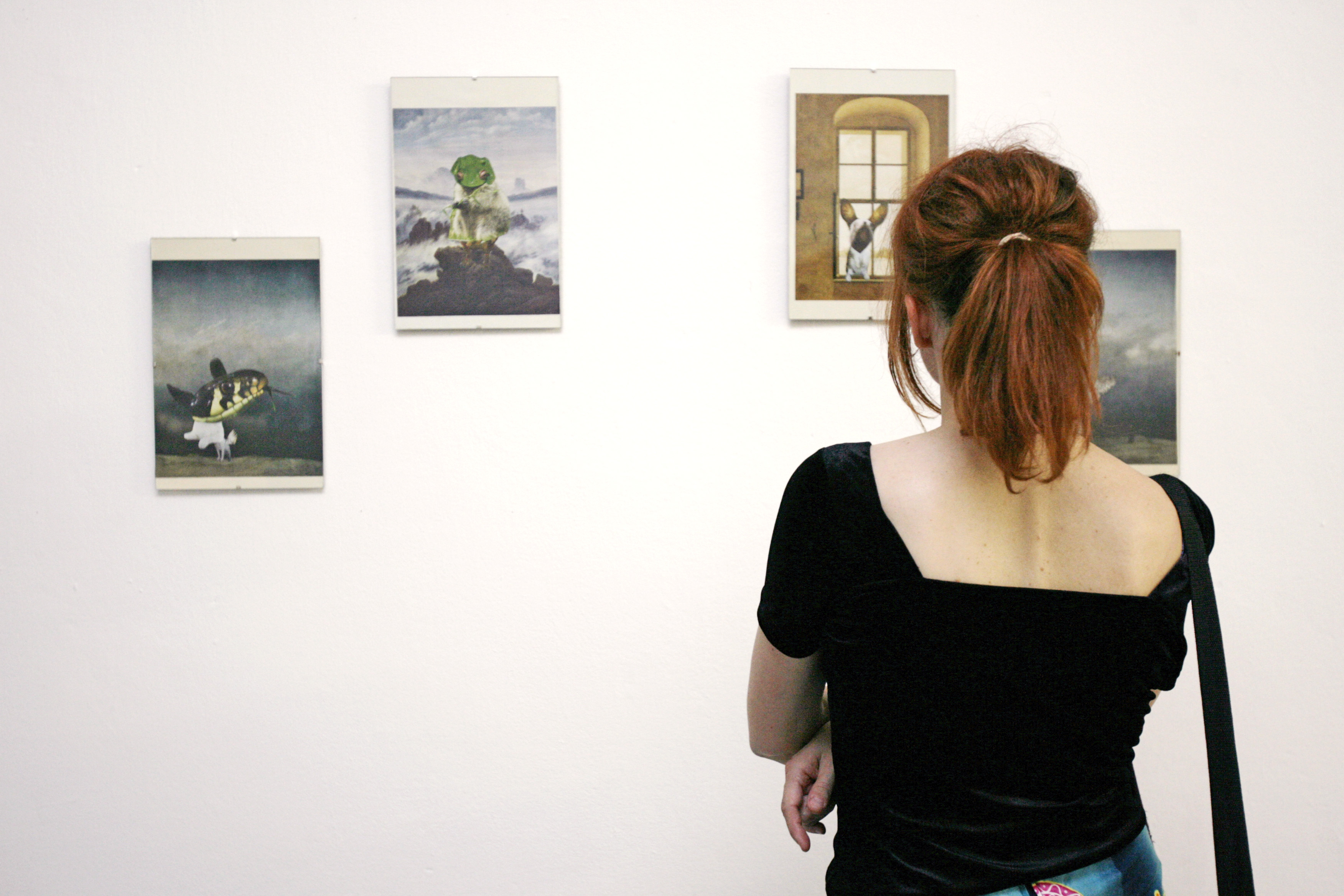
Our focus lays in the handling of space, composition, improvisation and notation as well as the emphasis of visual and musical statements and approaches. The workshop will include intensive discussions, aiming the exchange between musicians and artists.
The series Visit is a open platform for the presentation and discussion of contemporary art. Künstlerhaus offers to everyone interested, the possibility to propose ideas or concepts for discussions, talks and screenings. The compilation for the series is made by a group of members that meets frequently.

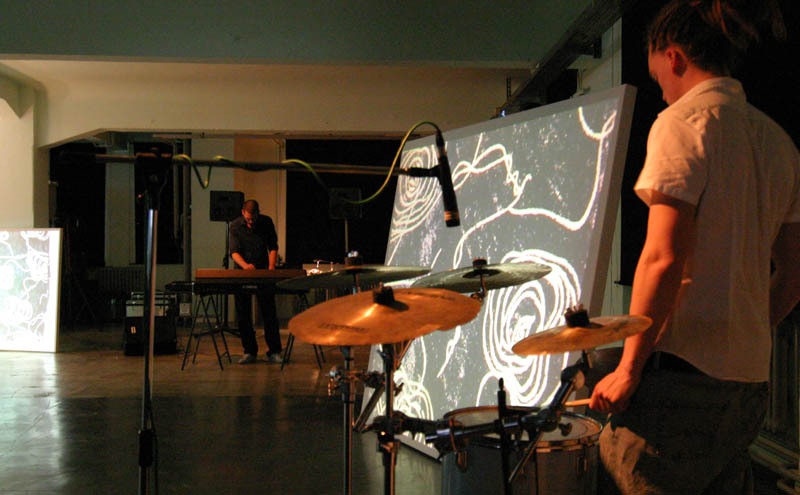
„For the book tres marias I worked with an archive of my own and found pictures of different genres, subjects and motives. I choose and arrange them with a series of photographs or a video sequence, in order to create a narration. The order does not follow a chronology or categories and tears the pictures out of their original context: we see materials that seem like historical documentations, places, trivial scenes, people that are so familiar and ambivalent at the same time, which opens up space for interpretation.
My work is influenced by the film L’Année dernière à Marienbad by Alain Resnais (1961): by the question of uncertainity, the dubiety of memories as construction, as distance and restatement, by the coincidental order as an open reading of pictures. Pictures from archives refuse their assumed apparentness and become material for the reinvention of history and stories.“ (Heidemarie von Wedel)
The presentation at Künstlerhaus use the different layers in the book as a draft for a spatial layout: in the form of a staging of parallelities, sequences of blank keys or cuts, montage and pictural re-mixes. The images, text and sound, as autonomeous elements comment each other. This is how the exhibition space becomes a film set with projectios, talks and music. The sound-recording will be material for a film based on the book.
Lit. reference:
Heidemarie von Wedel: tres maria. Zwei Erzählungern.
Barcelona / Lisboa / Stuttgart / Roma.
Mit einem Text von Eva Meyer, Berlin
pub. 2005 bei merz&solitude
Filmset and spatial layout: Hagen Betzwieser
Images and sound: Weltraumquartett (Leonard Herrmann, Konstantin Lom, Achim Sieg)
Camera: Klaus Oppermann
The series Visit is a open platform for the presentation and discussion of contemporary art. Künstlerhaus offers to everyone interested, the possibility to propose ideas or concepts for discussions, talks and screenings. The compilation for the series is made by a group of members that meets frequently.
Dirk Stewen’s drawings, collages and photographs are situated in a strange interspace: They show narrative elements, but no clear frame of reference. His works are highly emotionally charged. Stewen experiments with sexual connotations and clichés of erotic play. His art works are pervaded by powerful obsessions and deal with emotional conditions such as anxiety, vulnerability, exhaustion and humiliation. They appear tender, frivolous and at times aggressive.
Stewen gives his objects physical levity. That stands in contrast with the metaphorical severity of his visual works. His aesthetic language and independence originates from his characteristic selection and usage of material as well as his strong compositions. All his works are inspired by photography, be it watercolor paintings or ink drawings. Stewen purposely uses old paper – without denying its previous existence. That way, questions about authorship arise. Stewen’s use of different materials and his works’ high degree of abstraction create tension and aggressiveness, which are turned into fragility and levity by the casual and transient character of his works.
At Künstlerhaus, Dirk Stewens presents his first solo exhibition in Germany. He will exhibit a purpose-produced series of photographs and collages. The exhibition’s guiding thread are his so-called “confetti pictures”: photo paper that was blackened with highly pigmented ink and decorated with paper and confetti.
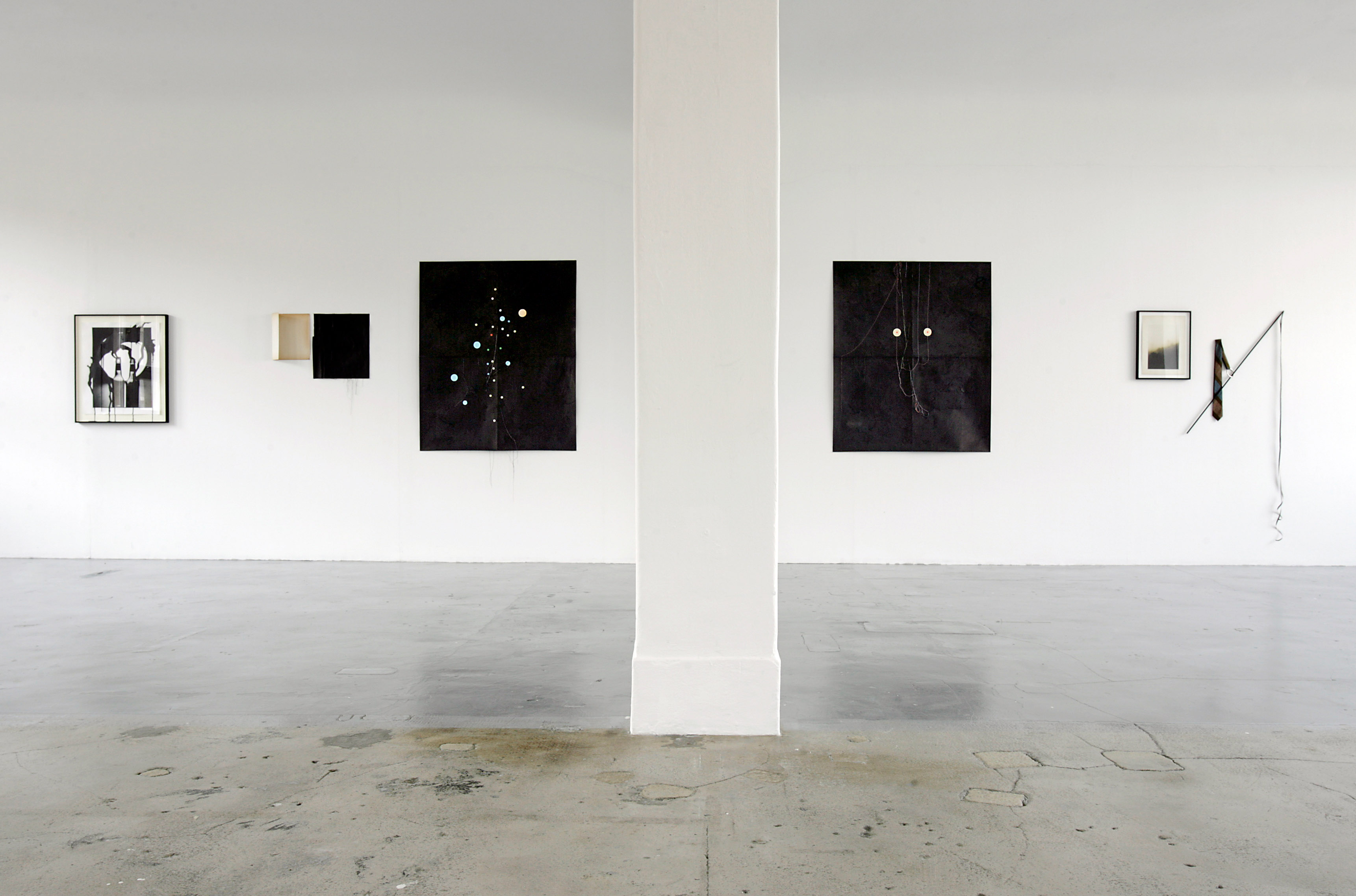

Andres Mayer-Brennstuhl invites Kai Bauer and Enno Schmidt to a conversation by the “e-fireplace” to discuss the function and insturmentalisation of artistic role models in the present social situation.
Predicting an end to the working society, the mode of the existence of an artist as projected area for autonomous life drafts and self-determined forms of production gets more and more problematic. This new society promises to fullfill the utopy of an autonomous individual and at the same time reveals the deficit of this concept by desintegrating social relations.
The problem also shows concretely in the instrumentalisation, this concept undergoes: the existence of an artist would not only serve as a model case for out sourcing of working conditions, additionally, the Hartz-Kommission suggests that artists shall above all engage themselves as hosts for artistic qualification of long-term non-workers, at supervisions of self-regulating communities and at performances at fund-raisings in favour of the employment market.
The conversation will be accompanied by Andreas Mayer-Brennstuhl’s installation at Künstlerhaus, which opposes the described concept to Malevich’s vision of the separation of work and income, in order to receive an unconditional basic income.
The series Visit is a open platform for the presentation and discussion of contemporary art. Künstlerhaus offers to everyone interested, the possibility to propose ideas or concepts for discussions, talks and screenings. The compilation for the series is made by a group of members that meets frequently.
Jet Set – Le Coupé Décalé
Talk by Soro Solo
La Jet-Set is a current fashion style originating from Paris and Abidjan that is immediately connected to the musical movement Sagacité and the dance style Le Coupé Décalé. Remarkably, the movement developed outside Ivory Coast in Paris and London and promotes a abundant and luxurious lifestyle. In the light of Inory Coast’s economic and political crisis, this movement seems to ignore the sociocritical issues and patriotic messages, in order to escape the ideology of everyday life and live an extravagant life.
Soro Solo is journalist and radio editor focused on cultural issues. He lives in exile in Paris.
Style und urbane Kultur – Über die Problematik der wechselseitigen Einflüsse urbaner Kulturen am Beispiel von Abidjan und Paris
Talk by Binda N’gazolo, director
Binda N’gazolo performative talk will be about Le Ziguéhi, a lifestyle from Abidjan, that is carried by young men who organize within gangs and occupy urban territories. By wearing brand-name clothing, they disguise their precarious social situation. Physical workout and martial arts are an important part of their culture which is why the dance style Ziguéhi resembles martial arts. Their musical ways of expression are Logobi tchatche, a kind of slam, and rap music. By using their language Nouchi, they gain respect and attention on the streets. N’gazolo researched the living conditions and the exchange between the Ziguéhi scenes from Abidjan and Paris using the example of Slameurs Vogo Soutra, Abidjan. The group’s lyrics and choreographies make them urban narrators, uncovering the “hidden face” of their political and social surrounding.
Binda N’gazolo ist Regisseur, Erzähler und Schauspieler lebt in Abidjan und Paris.
Respect is dead, long live respect! – The cultural impact of Black Dress, Fashion and Style
Talk by Carol Tulloch
Carol Tulloch is curator at the Black Visual Culture Department of Victoria & Albert Musuem, London. Over the course of many years, she has been researching within the field of Black Culture and the relation between migration and clothing in the diaspora (mainly UK). Her talk will deal with stereotypes of Black Culture: a cultural agitator, promoter of urban authenticity or mediator of cultural heritage,
Briller et s’envoler – Glänzen, Schillern, Abheben und Davonfliegen. Über die Notwendigkeit, sich in einer europäischen Metropole selbst zu erfinden
Presentation by Astrid S. Klein
Society can be heard and seen as an acoustic structure with acoustic features. The human being is part of a complex sound sphere, a “noisy territory”, or more precisely: he is producer and hearer of noise at once. Auditive influence and information are essential for his relation to environment and culture.
Since the beginning of the 20th century, anlysizing noise and using sounds for artistic work is a common practice. Furthermore, the study of noise has become part of academic fields such as cultural studies, acoustic ecology and interdisciplinary acoustic design. Technological innovations enabled several approaches, such as the noise instrumentarium, participative works, concepts and scores. All approaches see noise first and foremost within its lifeworld context, its musical value is secondary.
Contrary to traditional European art music, noise forms a completely new resource taken from immediate reality. Noise is a direct result of society that always indicates its place of origin. Noise as an acoustic event plays a significant role – it’s dependent of both time and space.
Soundscape studies and selected audition pieces will illustrate the artistic integration and usage of acoustic elements, that originate from everyday life.
Couture commune is a collaborative project by African and European artists. Their core interest is researching, producing and presenting clothing. All project participants bring in their respective cultures, bodies, experience with clothing, preferences and interests. Their common question is: What image do I have of myself, my body and the clothing that I’m wearing? And what image and clothing do I attribute to others?
That way, Couture commune is located within an intersection of clothing, fashion, art and science. The workshop’s objective is experimenting with own and other body and fashion images and putting together a performance including different textiles and pieces of clothing.
On occasion of the Long Night of Museums, there will be an open workshop on March 18, 2006 as well as a performance and fashion show at puppet theater FITZ on March 23, 2006.
The two-day event was conceptualized and organized by artist and theretic Rubs Sircar and cultural scientist Anil Jain in cooperation with Künstlerhaus. The speakers came from the fields theory, art, film and music and discussed the topics mirgration and racism in the German-speaking world.
With ist new exhibition and talk series, Künstlerhaus takes up the discussion on creative and theoretic positions on the topic migration and focuses on the German-speaking world: When does migration begin and when does it end? Is there a supposed common past of people who have experienced migration? What is significant about the second generation? What is migration-related socialization? Is there a subaltern space in the German-speaking world?
These are some of the questions that artist Ruby Sircar and social scientist Anil Jain deal with in their talk series. The accompanying exhibition is by female artist group FO/GO Lab from Vienna.
FO/GO Lab is a laboratory and a group that was founded 2001 in Vienna. The membership is flexible. Currently, the FO/GO Lab group consist of Angelika Bartl (Berlin), Leyla Arzu Kececi (Wien/Istanbul), Irene Lucas (Wien), Elisabeth Penker (Wien) and Ruby Sircar (Stuttgart). The group deals with the issues migration, mobility, racism and feminism. The group’s work contains both creative realization and theoretical reflection. In 2006, the group will hold a work stipend at Jan van Eyck Akademy.
For their creative and theoretical work, the group keeps a private, continuously growing archive including videos, print and audio materials. For their exhibition in Stuttgart and with special regard to their talk series The (Un-)Making of Migrancy, the materials were rearranged and extended.
The exhibited video materials include video works by artists Ursula Biemann and Alejandra Riera, by filmmakers Maria Binder and Paula van der Oest and by the Spanish activist group Precarias a la Deriva.

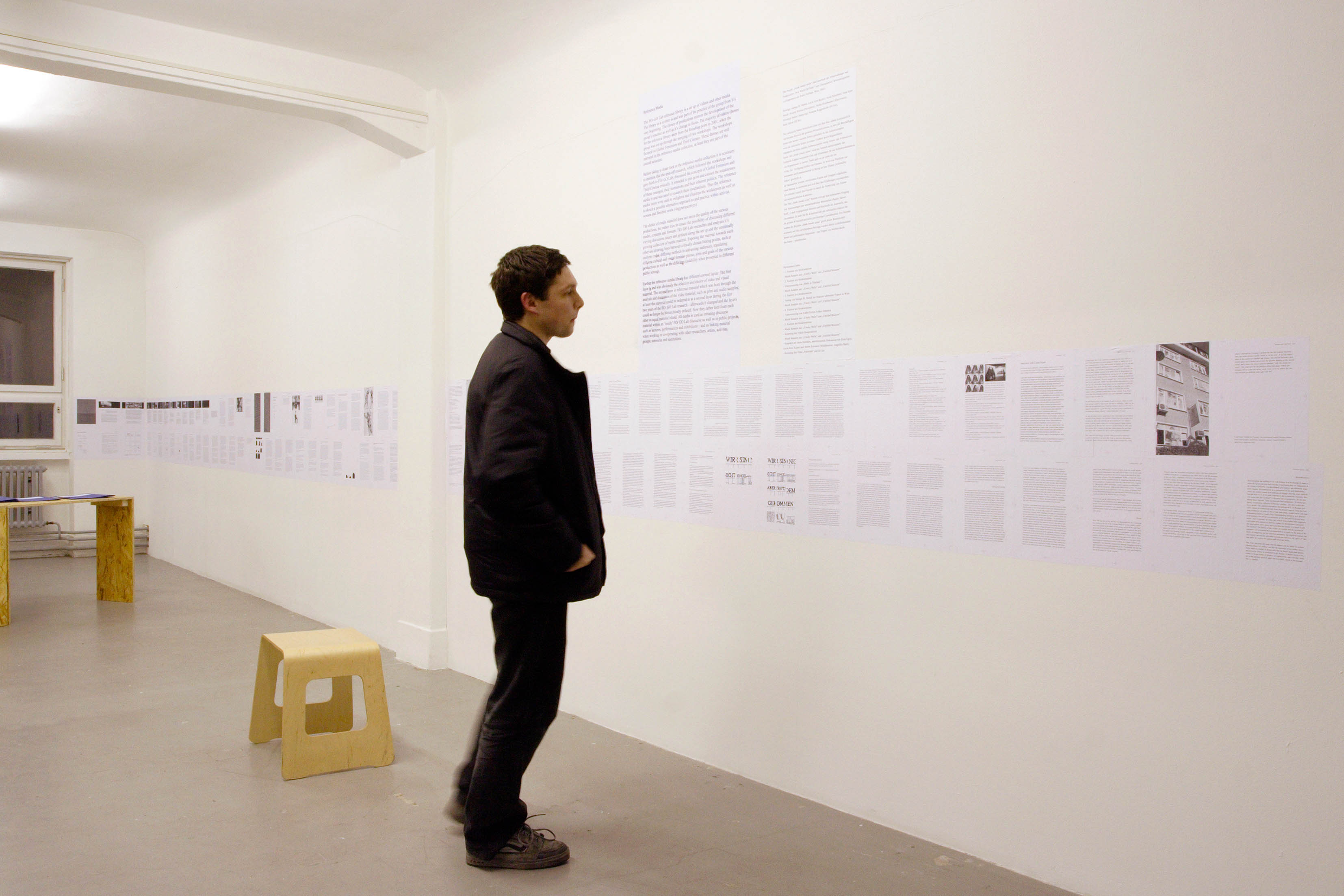
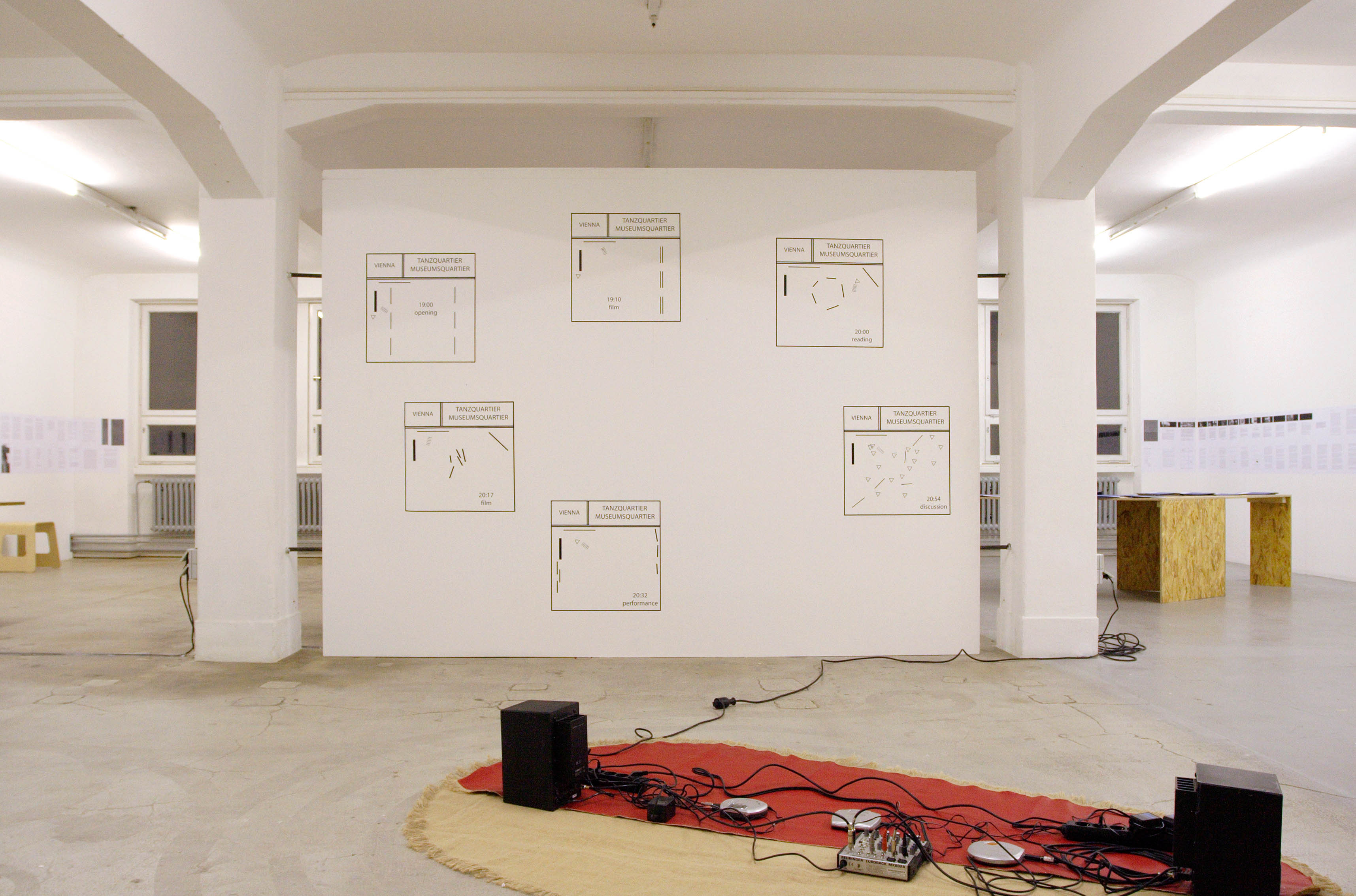
Music has been a subject of visual arts (The Sound of Pictures, State Gallery Stuttgart, 1985) and a subject of intermedia approaches (Fluxus etc.). In this exhibition however, we place a focus on the practice of “New Music” that started institutionalizing between the 1950s and 1970s. It opened up a paradigmatic area of conflict negotiating issues such as authorship, genius and work status. Core pieces of the exhibition are a grand piano, an authentic synthesizer from the 1970s, a copy of the painting Optophon II by Francis Picabia and a large amount of materials and original graphic works.
With post-war avantgarde music production, the conflict between the promise of freedom and stiff regimes such as the orchestral apparatus, copyright law and performing rights came to light. They force forms of segregation and divergence, division of labor, physical discipline and economies, that show pre-bourgeois traits. In visual arts, it’s the other way around – a convergence of media and roles – the relation between author and work however, is split in both visual arts and music.
The installation and performance deal with problematic issues such as the faithfulness of the original, copyright laws and performing rights, but also devises and machines, human individuals and discourses.
Within his work, Michael Dreyer refers to the system “art”, its production conditions and conventions. The core of his work form issues such as authorship, interpretation, technology, economy, authenticity, indexicality and institution as well as their history. Tangible objects are the grand piano, a universal instrument of the 18th century, texts by Cornelius Cardew, Daniel Buren and many more, Stockhausen as a prototype of a male, narcist, controversial avantgarde composer, the Synthi 100, a universal instrument of pre-digital technology, a painting by Francis Picabia, graphics by Grandville, American cartoons from the 1950s and original graphics and texts.
Daniel Buren’s writings about art, the studio, the art work, the museum, the role of the artist, of the curator and the critic, offer an alternative view on avantgarde music. Female pianist listening to a record of Stockhausen’s electronic sounds, reflects forms and approaches to counterinstitutional art, which can be considered historical by now.
Tuesday, January 17, 2006, 9 pm – Opening
Metabolismus 2 (Introduction: Diedrich Diederichsen)
Christoph Blattmacher, Thilo Kuhn, Werner Nötzer
Monday, Januar 23, 2006, 7 pm – Questioning
„but is it art?“ Werk, Autor, Apparat in der Kunst und der Musik
Wilhelm Beermann, Helmut Draxler, Michael Dreyer, Annette Eckerle, Otto Kränzler, Michael Paukner
Tuesday, Januar 24, 2006 – Performance
Female pianist listening to a record of Stockhausen’s electronic sounds – piano piece Nr. IX by Karlheinz Stockhausen / Patches from ‚Sirius‘ (1977) by Karlheinz Stockhausen with Synthi 100
Lluïsa Espigolé Ibáñez, Otto Kränzler
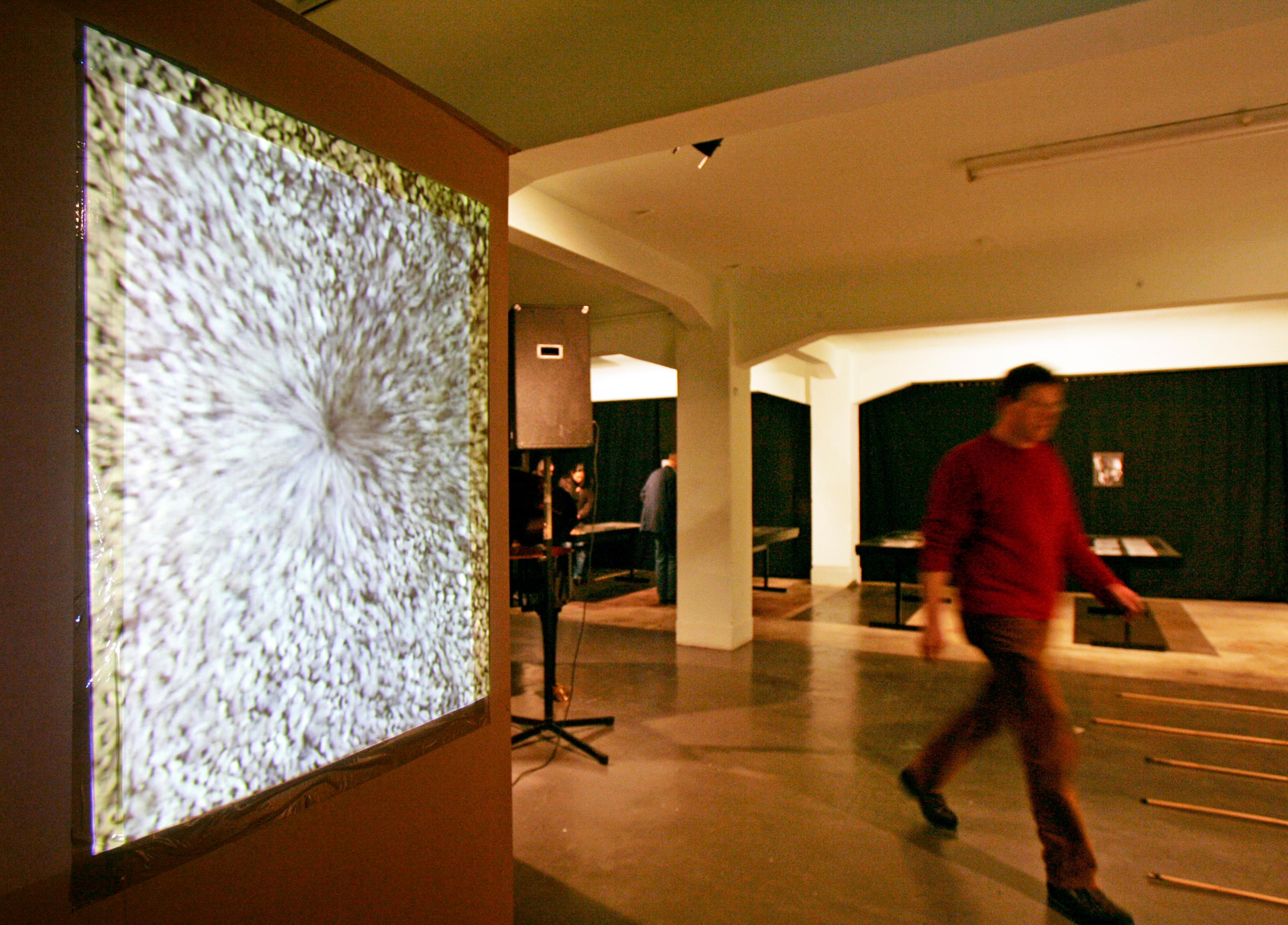

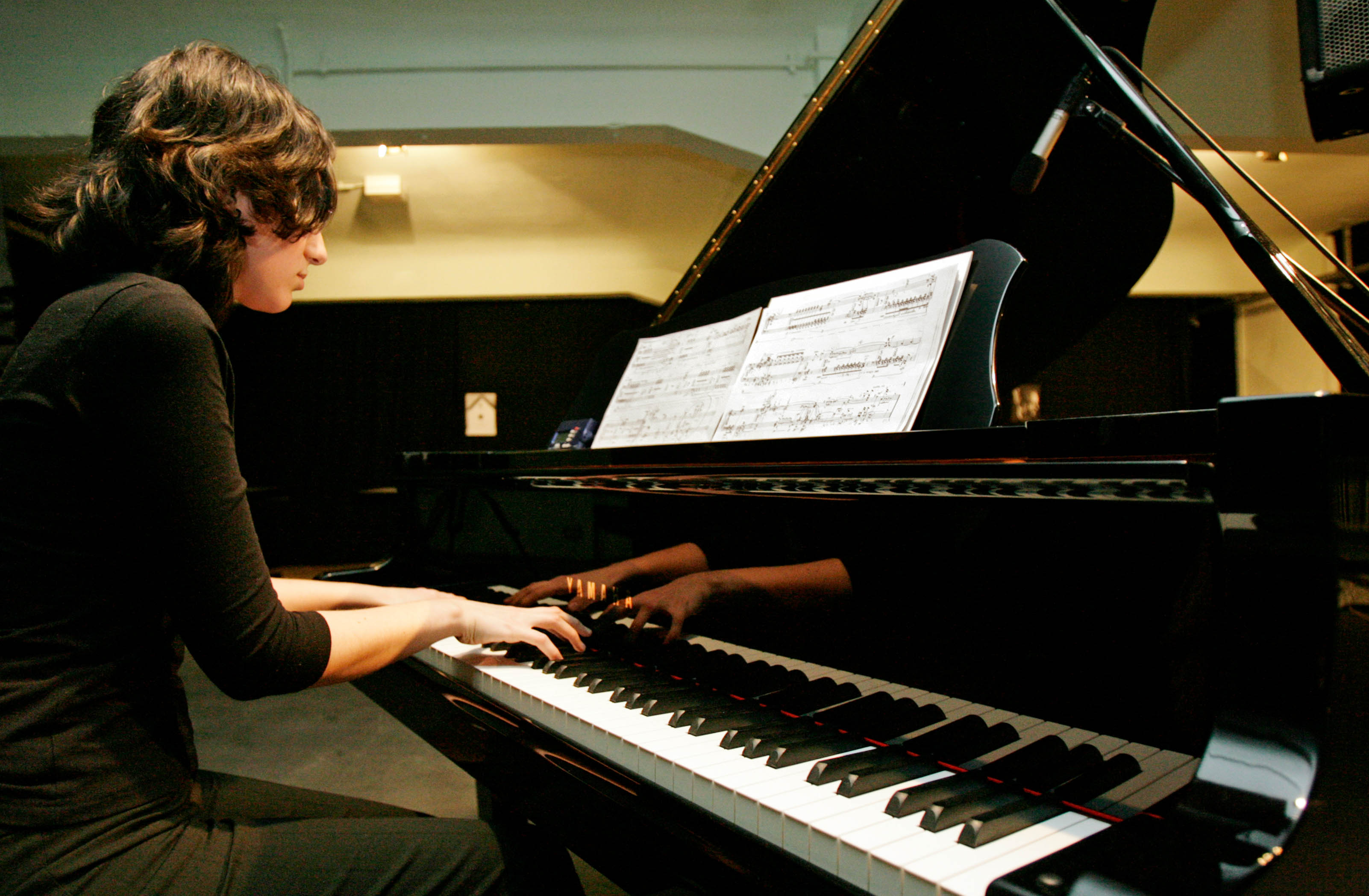
The initiative Visual Music was initiated in order to connect cultural activities, in the region of Stuttgart, that deal with sound and images and their interdependencies. The initiative broaches the issues of production, presentation and reflection about this interdisciplinar branch. Visual Music is a cooperation between DJs, musicians, art scientists, curators and representatives of different art institutions, that was founded in 2005.
During the 1. Visual Music Party at Künstlerhaus, the members will introduce their works for the first time.
Performances:
– Thomas Maos & Mirja Wellmann
– Laurenz Theinert & Axel Hanfreich & Martin Stortz
– Wolf Helzle & Jörg Koch
Talks on the issue of visual music:
– Roland Blach
– Prof. Dr. Hans Dieter Huber & Dr. Hannelore Paflik Huber & Dr. Cornelia Lund & Dr. Holger Lund
www.visual-music.net
The exhibition Verdunklung/Darkening was inspired by the Berlin-based magazine Starship. Just as the magazine makers, the exhibition makers asked artists to deal with the phenomenons behind the notion Verdunklung/Darkening.
In doing so, the artists deliberately obscure symbols. Verdunklung describes a general doubt about speakability. The world is made up of phenomenons and what keeps it together lies beyond spoken language. This is how it seems. One is supposed to learn read symbols and to listen to stories. Someone can only describe what he sees – but there is a blank space, a Verdunklung of meaning.
The notion Verdunklung describes a trend in contemporary art, that focuses on the ambivalence of visual symbols. Even Platon wrote about the unpreciseness of transcribed communication: One can never be sure about the effect of written or visualized communication on the recipiant. For that reason, it is advisable not to put essential meaning into these forms of communication but to leave blank spaces.
Starship is being published by artists Hans-Christian Dany, Martin Ebner and Ariane Müller. The core topic of the magazine – Verdunklung/Darkening – will be transferred into the exhibition. The exhibition is divided into two parts that represent verbal and visual Verdunklung.
The artists group Die Weissenhofer has been founded in 1995 (with Sebastian Rogler until 2001 and with Thomas Raschke until 2003) in the sense of a cofraternity (Lucasbund), that preach for their artistic aims, among which are the production of intelligent hand made art with pictural vocabulary from every-day life and the pop culture. They also share a common marketing strategy.
In lieu of the manifest of other avant-garde groups, the Weissenhofer use the artist legend: „In their early young years, the Weissenhofer brothers escaped from their poor existance in Wallis, where they financed their families by graving spoons and painting alpine motives on wooden slices, into the new world…“ (Martin Stather). Soon, the artists gain big success in the States and return to Old Europe as Live Rock Musicians and Artist Legends.
The Weissenhofer are representative for artist groups as strategic collectives: The connection between fine arts and musical performance, self staging and public relations, the insertion of individual contacts, allocation of tasks and the use of individual assets, development of exhibition ideas, collective installations and actions as well as locally adapted forms of presentation, common catalogues and prints, artistic exchange.
The 10-year anniversary of the group will be celebrated in a programmatic evening. Their life rock performance will merge the former cast with Thomas Raschke and Sebastian Rogler. Additionally to the celebration talk and the performance art, videos by the Weissenhofer and about the group will be screened and the public will have access to an archive of invitation cards, posters, scetches, letters. The event will be accompanied by fan articles and intense conversations, as well as candle light and drinks.
Publication:
Die Weissenhofer – mobile immobile
Ausstellungskatalog 2005,
Publisher: Mannheimer Kunstverein
Publishing company: Verlag das Wunderhorn, Heidelberg
The series Visit is a open platform for the presentation and discussion of contemporary art. Künstlerhaus offers to everyone interested, the possibility to propose ideas or concepts for discussions, talks and screenings. The compilation for the series is made by a group of members that meets frequently.
„Within six years of collective work, the artist duo engaged themselves with photography, as well as experimental films and installations. For their work they did not try to establish a trade mark, but dedicate themselves to the different experiments. Describing their methods of work, they make use of a comparison to improvisation in music, which overlaps with their approach towards the work itself. Aiming to find a way for comprehension and realisation, they fathom models of experience and perception and create series of diverse images that originate from the subjective reaction on present circumstances.“
Werner Fenz – Neue Galerie Graz, Österreich
For the series Visit, Ruth Anderwald and Leonhard Grond will screen two of their video works (femme eau mort, 2000 and This Kind Of Things – He And Us, 2002) and have a talk about their working methods.
Ruth Anderwald and Leonhard Grond are living Wien. In their works they focus on questions about human perception.
The series Visit is a open platform for the presentation and discussion of contemporary art. Künstlerhaus offers to everyone interested, the possibility to propose ideas or concepts for discussions, talks and screenings. The compilation for the series is made by a group of members that meets frequently.
The conversation related to the exhibition Unser Viertel deals with the issues of urban development and the inhabitants’ needs. The exhibition at Künstlerhaus Stuttgart shows photographs of children and adolescents that result from an art project directed by Inci Güler. Within a year, 25 young people aged between 10 and 18 years took part in a project in which they presented the daily life in their neighbourhood. The participants were in charge of the selection of the photographs. They show their every day life in groups or in the family, the surrounding architecture and places where they linger. They show their community in a neighbourhood full of tensions.
Film screening and conversation:
Park Fiction – die Wünsche werden die Wohnung verlassen und auf die Straße gehen
BRD 1999, 61 Minutes, Direction: Margit Czenki
Park Fiction is an artistic and socio-political project in Hamburg. The inhabitants of St. Pauli claimed a park for their neighbourhood in the spot of a planned building. They collected their requests and drafted plans for their desired park. After a lot of discussions, numerous events and the presentation of Park Fiction 2002 at the Documenta XI in Kassel, the park was realised and has opened this summer.
Hallschlag
BRD 2004, documentary film, 11 Minutes, Direction: Felix Schwarz, Production: Felix Schwarz/Spätzlesinca Productions
Hallschlag has been founded after World War II and is thought to be the social hot spot of Stuttgart. In this documentary film inhabitants, young people, mothers and pensioners describe their district. The message: regardless of the individual problems, everyone loves living in Hallschlag and nobody wants to move.
Conversation on the exhibition Unser Viertel with representatives from the sector of culture, and Bohnenviertel, moderated by Uwe Kassai:
Inci Güler, initiator of Unser Viertel and street-worker
Talya, participant in the project
Veronika Kienzle, district exchange Mitte
Herr Gläser, district planner for the centre of Stuttgart
Odile Laufner, urban planner
Andreas Vogel, Kulturschaffender
The series Visit is a open platform for the presentation and discussion of contemporary art. Künstlerhaus offers to everyone interested, the possibility to propose ideas or concepts for discussions, talks and screenings. The compilation for the series is made by a group of members that meets frequently.
The exhibition Unser Viertel shows photographs by children and youths, who have been supervised by art educator Inci Güler. Over the course of one year, 25 participants between the ages 10 and 18 with different nationalities worked on the project that represents their everyday life in Stuttgart’s Bohnenviertel.
Bohnenviertel is one of the oldest districts in Stuttgart and centrally located. Small half-timber houses, antique stores and cafés suggest an idyllic atmosphere. It is, however, Stuttgart’s red-light district, where prostitution, drug business and homelessness are daily fare. The city has bought most of the buildings of the district and turned them into social housing estates. Recently, the city installed skater halfpipes inside Bohnenviertel, right in between a parking lot and a playground. This has led to a very diverse mixture of people frequenting Bohnenviertel.
The photographs made by children and youths of Bohnenviertel depict their everyday life: their families, the architecture of the district, their hang-out spots. It is a life in a district full of social conflicts.
In addition to the photographic project, filmmaker Cem Kaya has made a video project with the participants. It deals with the young peoples’ fear of the obscure figures who regularly linger around their district and the experience of crime.
It is more than obvious that the urban planning projects that were launched at Bohnenviertel don’t work out. Playgrounds won’t eliminate prostitution and drug business. More likely, the children are expelled from the scene. Parents don’t let their children play on the playgrounds, but as there is no alternative meeting spot, the children meet on the streets. Inci Güler is a social worker who has been working in mobile youth work for about five years. She tries to encourage children and youths to develop self-consciousness, self-responsibility and common sense. She is the initiator and organizer of the project Unser Viertel.
The exhibition contains a film by filmmaker Cem Kaya and portrait photographs by artist Gülsüm Güler. A book about the project was made and published by Angela Hörnle, Ralph Kenke, Guido Negenborn, Jonas Vietense and Alvaro Landsberger.
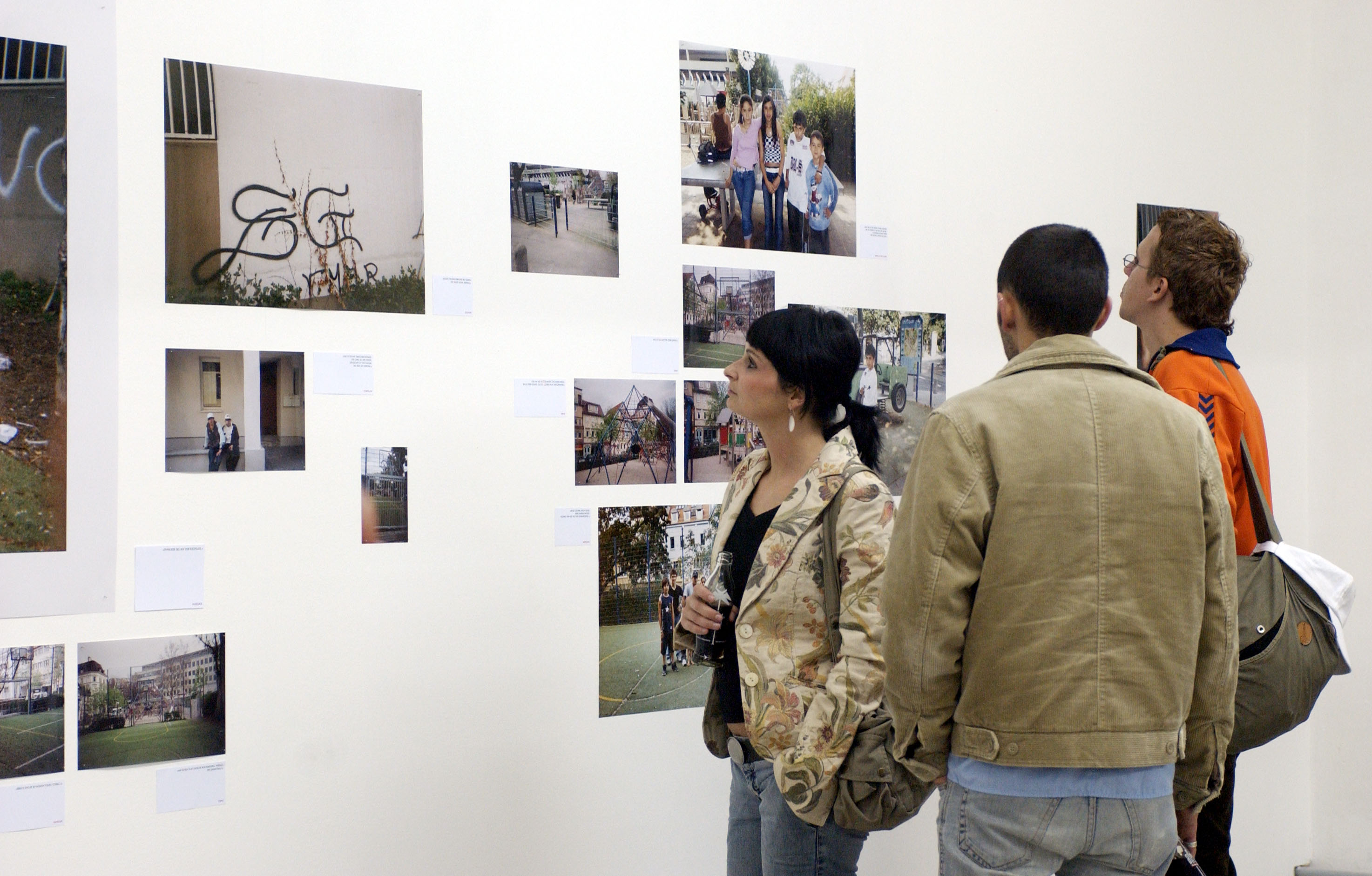


Nowadays, work is being done by people and machines. Within the production process, they are not only producers but also products of the requirements of the process. In that sense, there is product output on both sides.
On six evenings, there will be talks about the constitution of subjectivity under post-Fordist conditions. Referring to Michel Foucaults notion of “governmentality” orders of power that represent the modified production conditions within an information society will be discussed.
Organized by Ronald Kolb & Volker Schartner.
Polish folklore is the core of the project Polklore. Eight young Polish artists are invited to present their perspectives on folklore and Polish culture in the form of actions and interventions in public places in Stuttgart.
Flying gallery szu szu will take their (auto)mobile gallery into Stuttgart’s city center to exhibit their works inspired by folk artist Baj-Maj. Malgorzata Markiewicz will go into a shopping street to exhibit her self-made skirts, that are embroidered with quotes from Polish folk songs. The group Twozywo interprets folklore regarding questions of national identity. Their self-made large- and small-scale posters will be put up in Stuttgart’s city center. Musicians Wojt3k Kucharczyk and Deuce turn traditional folklore music into experimental e-pop – the so-called “Polklore”.
The variety of concepts and formats represent the recent reinterpretations of folklore: in fashion, in pop music and in discourses on cultural and national identity. In that sense, the continuation of traditional ways presentation is very important. Actions take place outside of established art spaces, posters and clothing are self-made and projects are organized by collaborative groups.
The project is embedded in the German-Polish Year 2005/2006.
The project Polklore is an initiative by A:moK; Aktion mittel- und osteuropäische Kunst e.V. Berlin. It is supported by Robert Bosch Stiftung, Kulturministerium der Republik Polen, Landeshauptstadt Stuttgart, Ministerium für Wissenschaft, Forschung und Kunst Baden-Württemberg, Stiftung Landesbank Baden-Württemberg, Honorarkonsulat der Republik Polen für Baden-Württemberg and Künstlerhaus Stuttgart.
Organized by Kaja Pawelek, art historian and art critic; cultural manager in the program „Kulturmanager aus Mittel- und Osteuropa” by Robert Bosch Stiftung, Stuttgart. Assistance: Kasha Bittner, art historian, Berlin.
The polish curator Malgosia Jankowska has a research task by Büro Kopernikus (for German-Polish cultural projects) and is guest at Kuenstlerhaus Stuttgart between the 7. – 21. of September to present a selection of female polish artists that criticize socially imposed role systems for woman.
Starting with video art by faces of the conceptual feminist movement in the 70ies and 80ies, like Ewa Partum, Natalia LL, Teresa Tyskiewicz, Jankowska will show productions of the younger generation, represented by Anna Baumgart, Anna Nizio, Angelika Fojtuch, Dodota Chilinska and Barbara Konopka.
This project takes place in wıthin the framework of Büro Kopernikus. Deutsch-Polnische Projekte. Büro Kopernikus is an initiative of Kulturfstiftung des Bundes.
This project was organised by Büro Kopernikus – Deutsch-Polnische Kulturprojekte, which is funded by Kulturstiftung des Bundes.
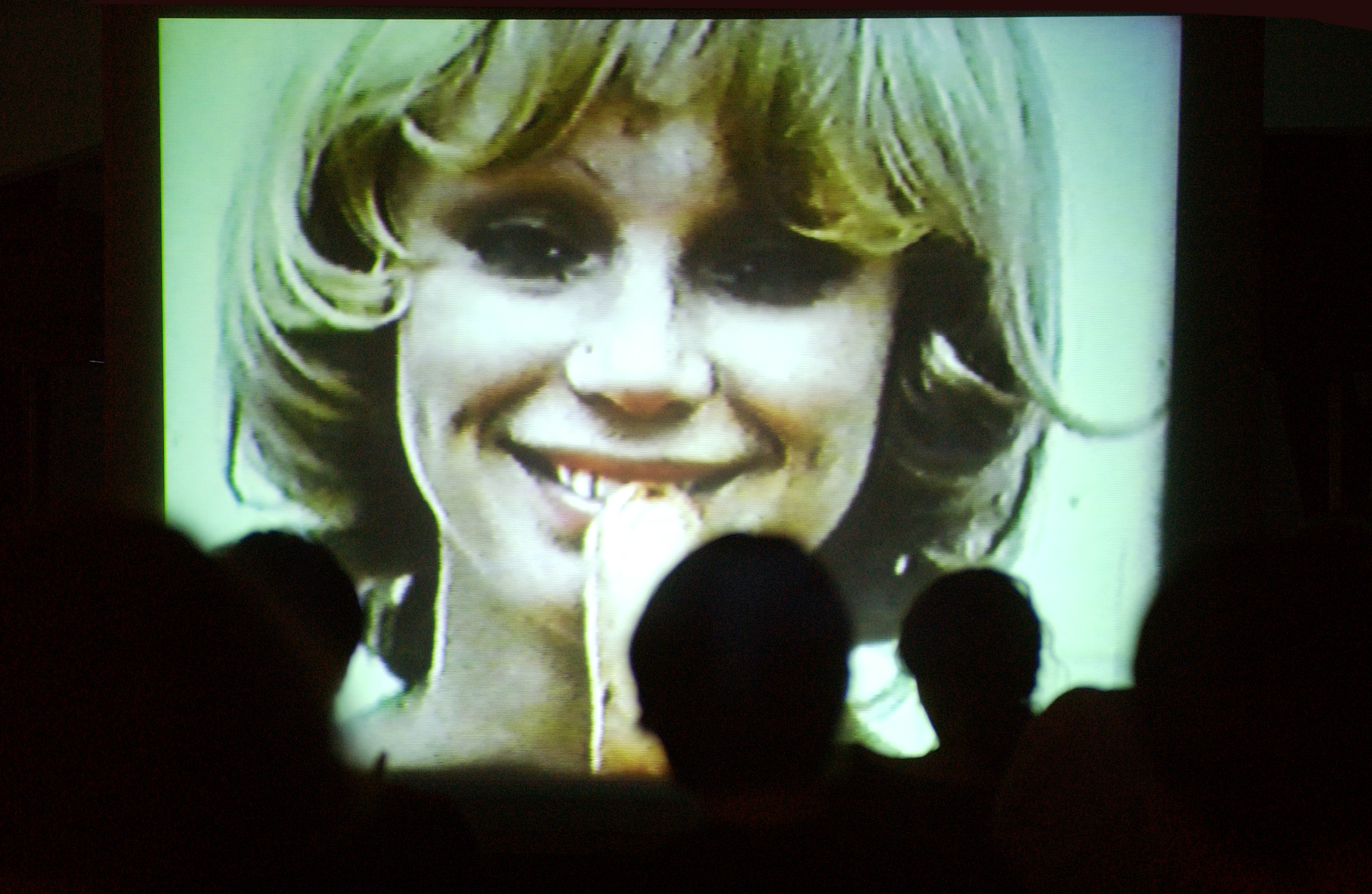
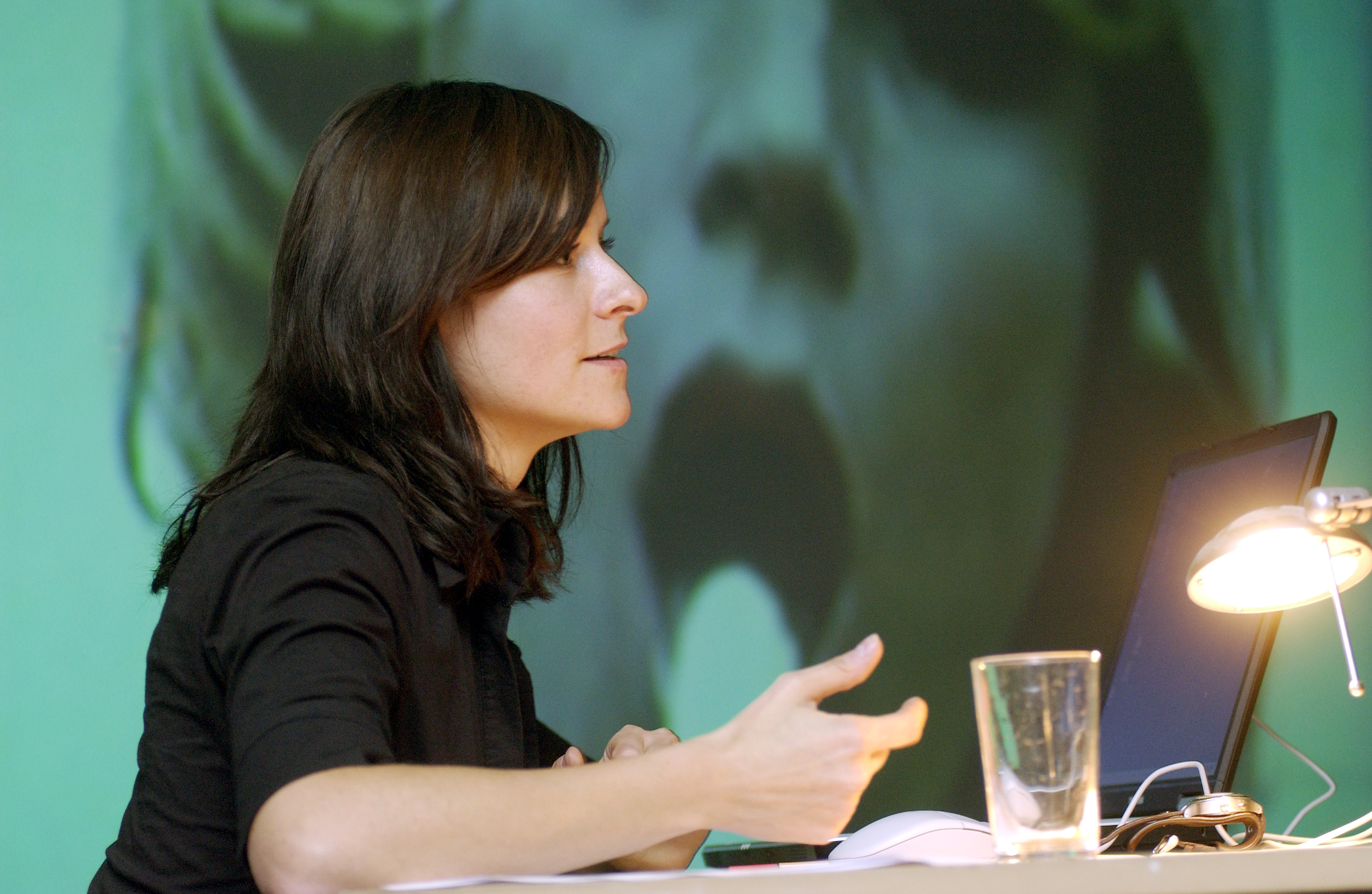
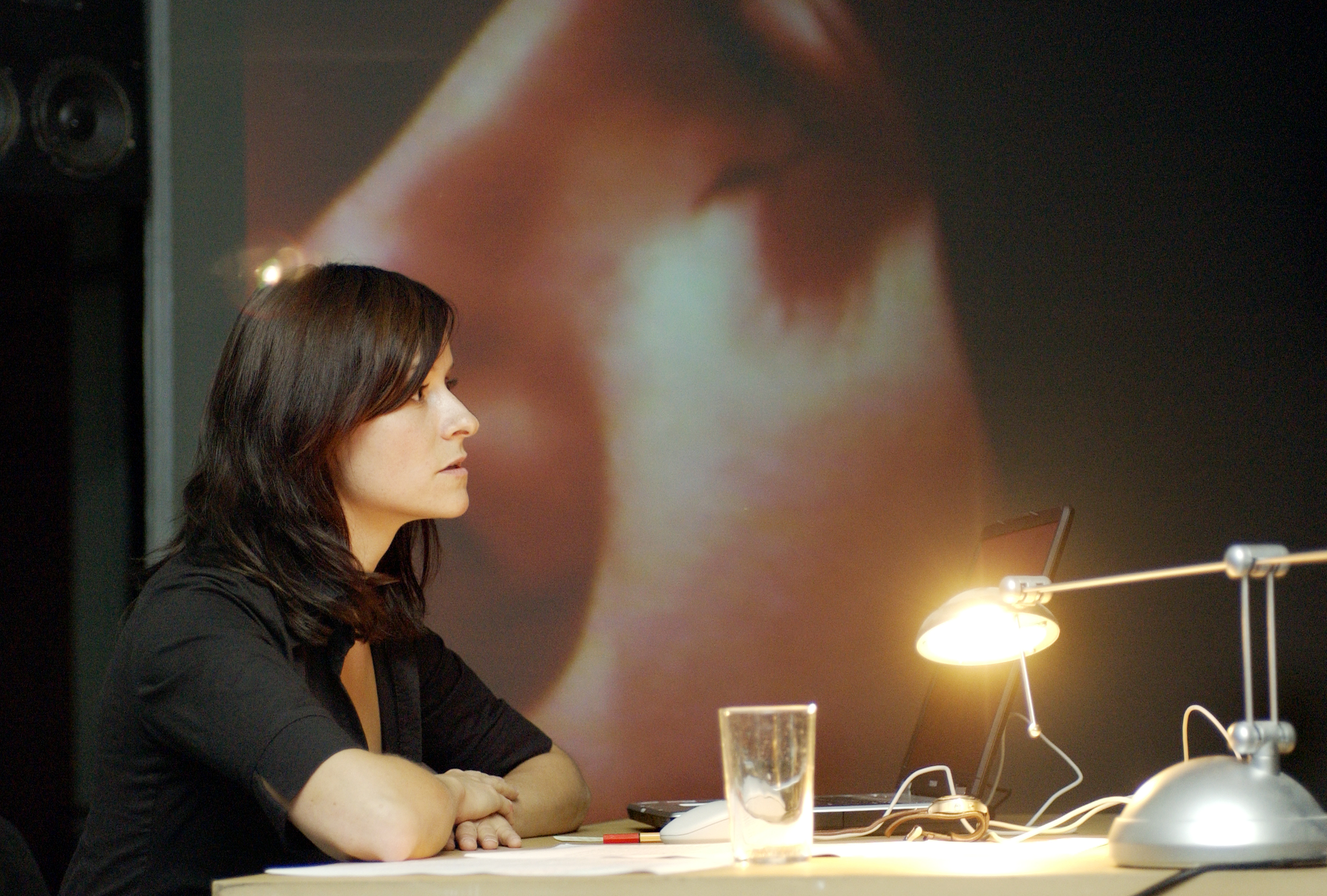
A summery event with films and music by artists from Stuttgart and Hamburg. Screenings of super 8 and 16 mm films by Inger and Paper, exquisite music by Pauki, Inger and Paper and 16 mm visuals by Paper will create an overwhelming atmosphere!
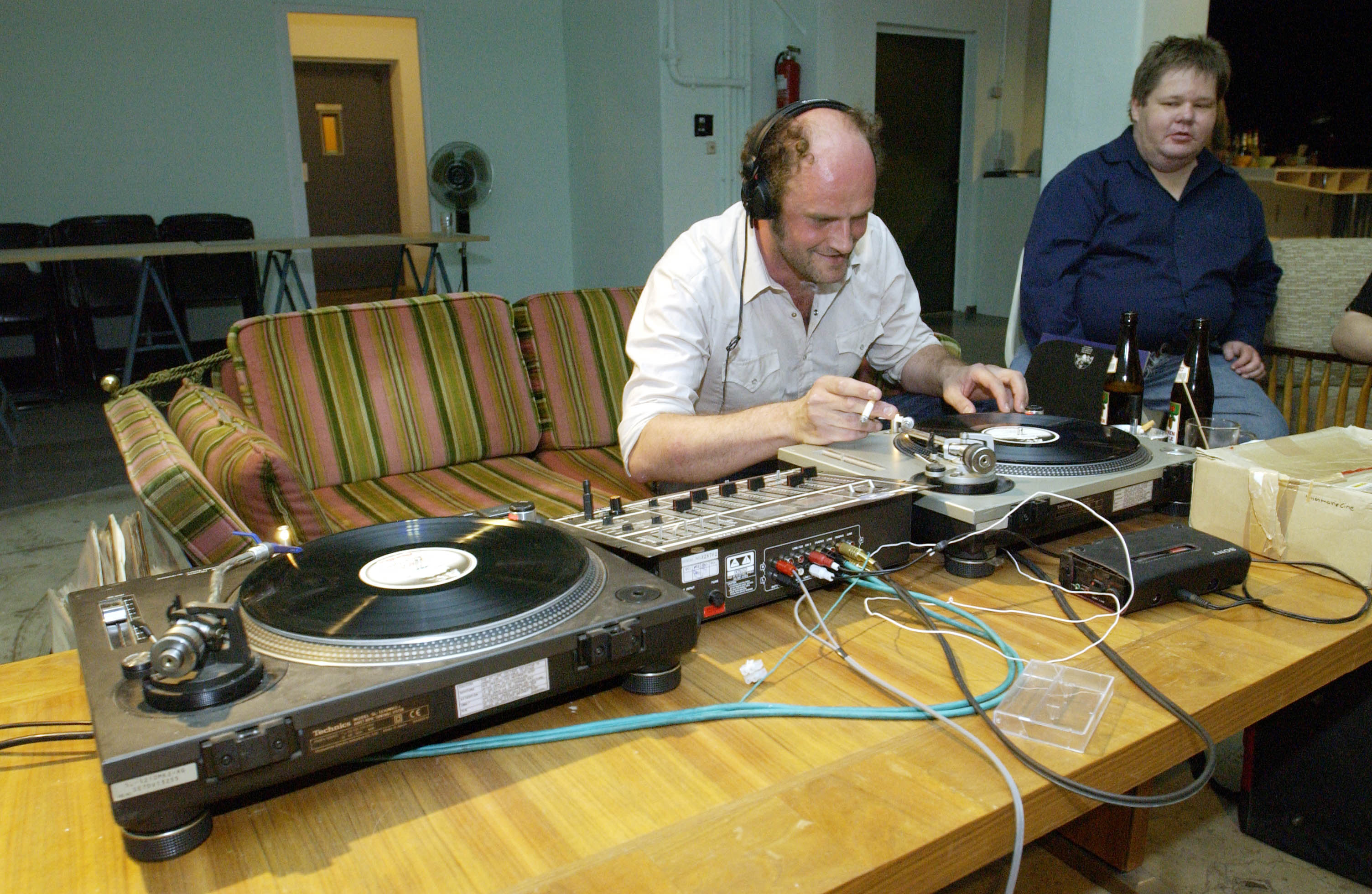
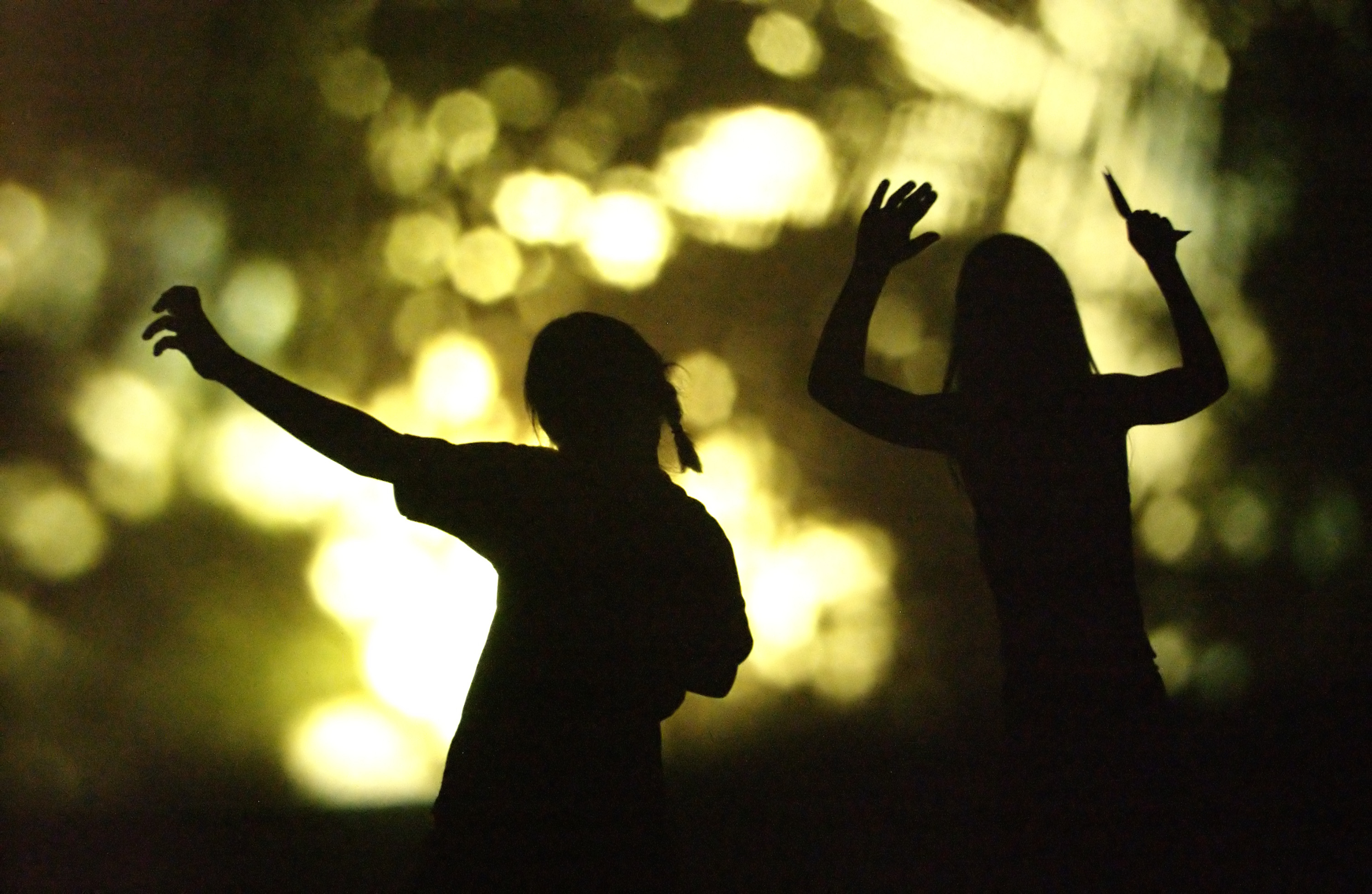
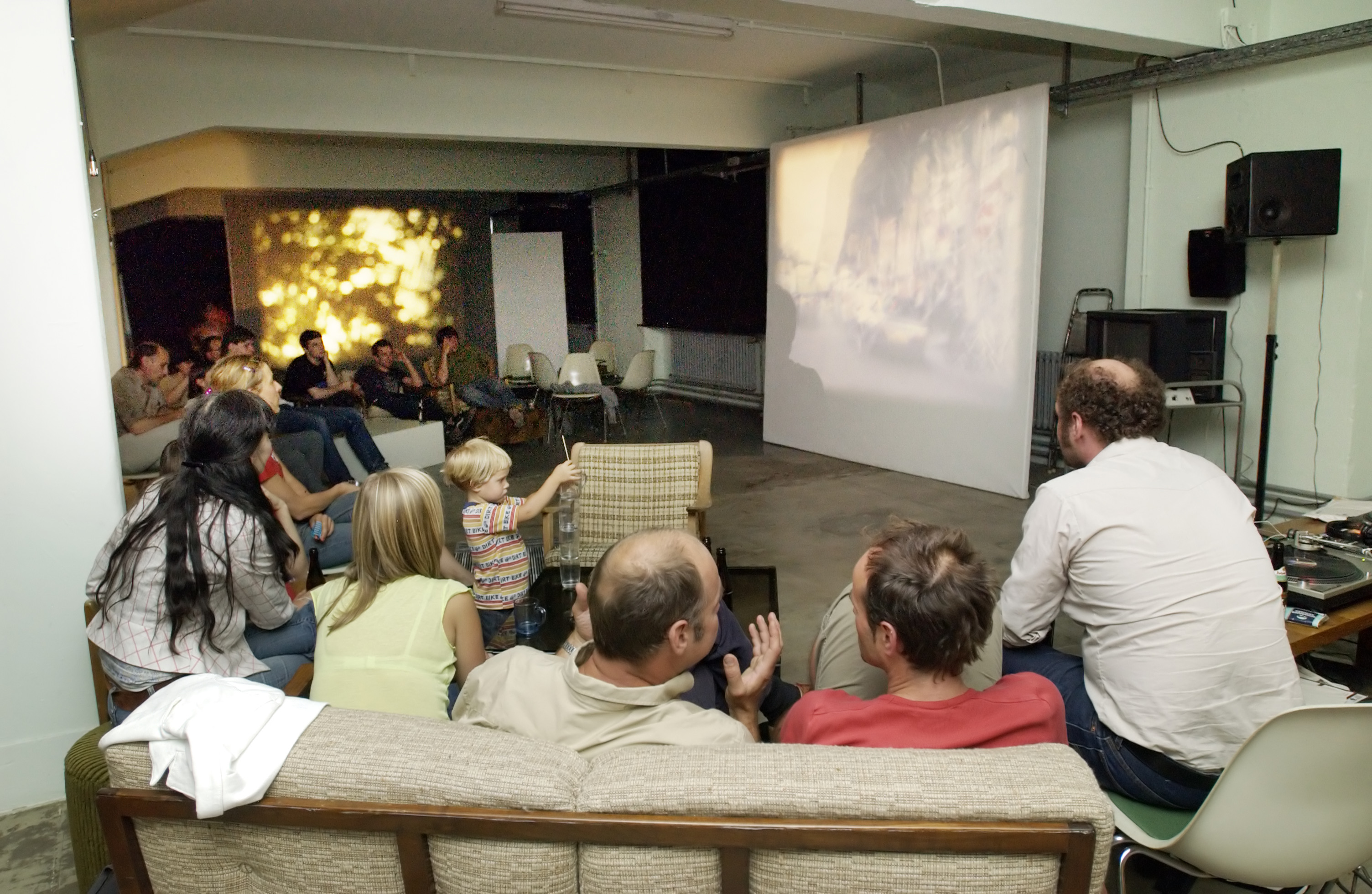
In Persian, Arabic and Urdu, the word “raqs” describes the condition whirling dervishes fall into while dancing. The Indian artist group around the multimedia artists Jeebesh Bagchi, Monica Narula and Shuddhabrata Sengupta are known for their talent to find politically charged, uncomfortable topics that usually don’t access public media.
The group’s latest project series The Impostor in the Waiting Room draws attention to some people’s permanent state of waiting. Finding themselves in the wrong time and place, usually without valid papers, they involuntarily became nomads spending their lives in transit zones. The video installation They Called It The Twentieth Century is part of the project The Impostor in the Waiting Room.

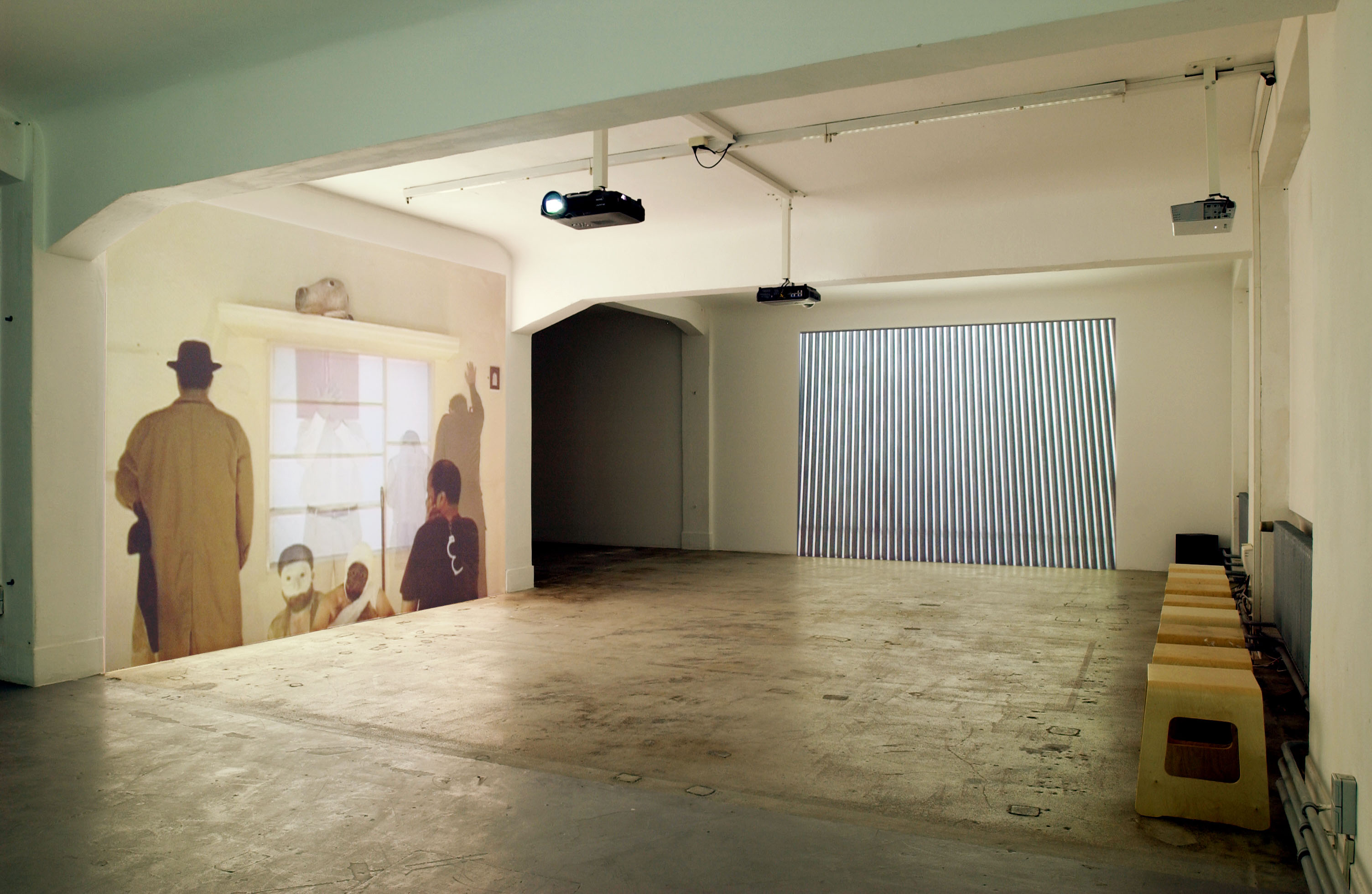
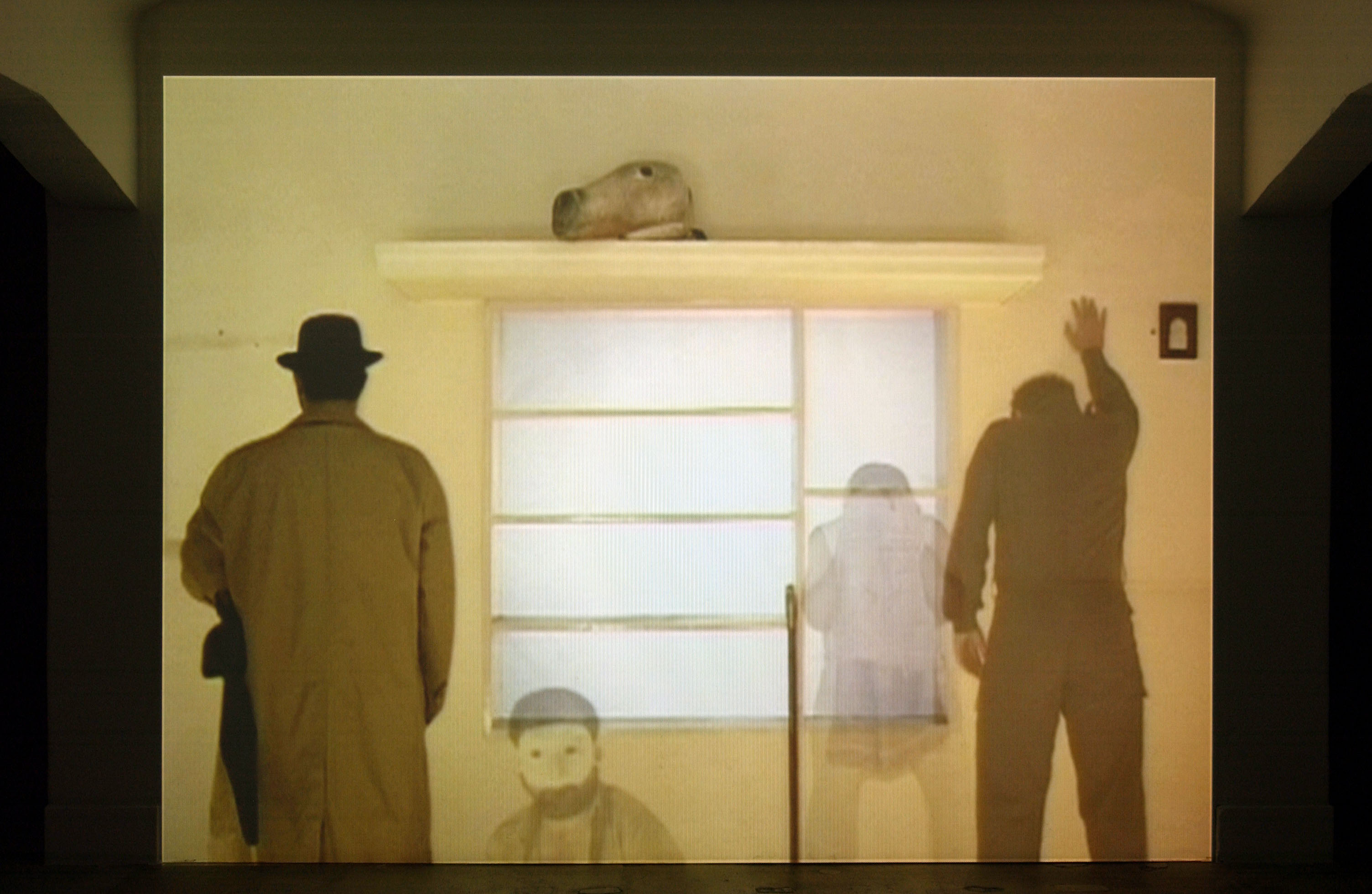

Performance artist Helge Meyer works internationally with the duo System HM2T and is an associate of Black Market International.
Workshop participants obtain twelve hours of time to deal theoretically and practically with performance art. The introduction will form an overview of the origins of performance art and illustrating examples such as works by Alastair MacLennan and Marina Abramovic. Practical exercises will encourage participants to work on own performance projects: In performance art, other than in theatrical performance, the body is used as means of expression confronting it to time, space and materials.
Within the frame of an exchange project with London-based Cubitt Gallery, Künstlerhaus will screen a filmic trilogy by US-American artist Daria Martin (born 1973). Künstlerhaus will be present at Cubitt Gallery between June 28 and July 31, presenting an installation by artist group Honey Suckle Company.
The 16 mm trilogy In the Palace – Birds – Closeup Gallery refers to the filmic avantgarde of the early 20th century. Without presenting a narrative or dialogue, their films convey euphoria and revolutionary ideals of an utopian spirit. Although the films aren’t set in a defined time or place, the time is being represented by specific colors, artificiality and abstract forms.
In the Palace, named after Giacometti’s sculpture The Palace at 4 o’clock, is some kind of shadow play, in which a static camera circles around a fanciful dressed group of actors, referring to Diaghilev’s Russian Ballet and Oskar Schlemmer’s Slat Dance at Bauhaus in 1927. Birds shows yet another group of colorfully dressed dancers who perform strange actions with paper made props. In Closeup Gallery, a wizard and his assistant, four stacks of playing cards in blue, red, black and green and a revolving table with stacked plexiglass sheets form a continuously changing, visually appealing kaleidoscope.
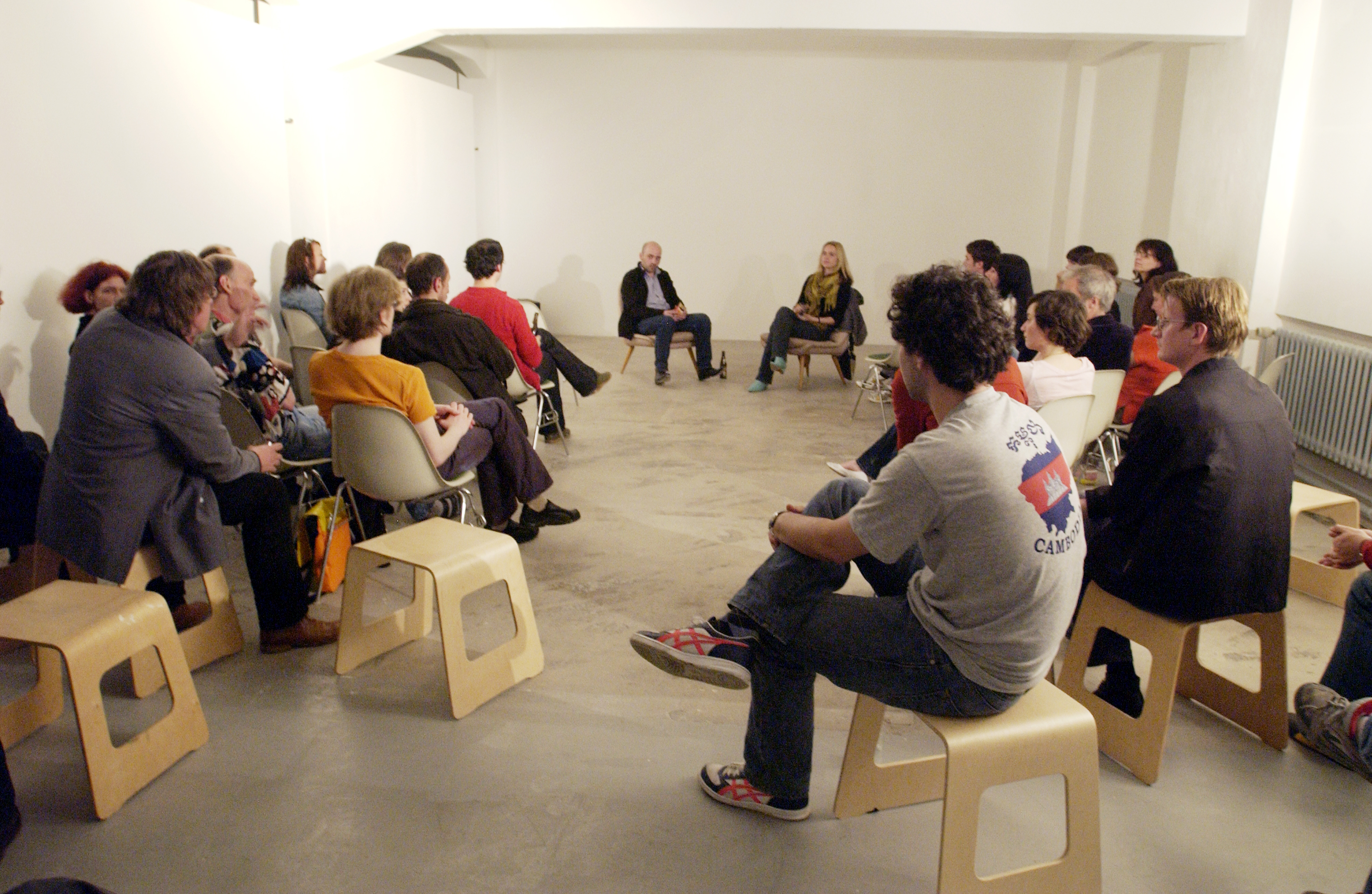
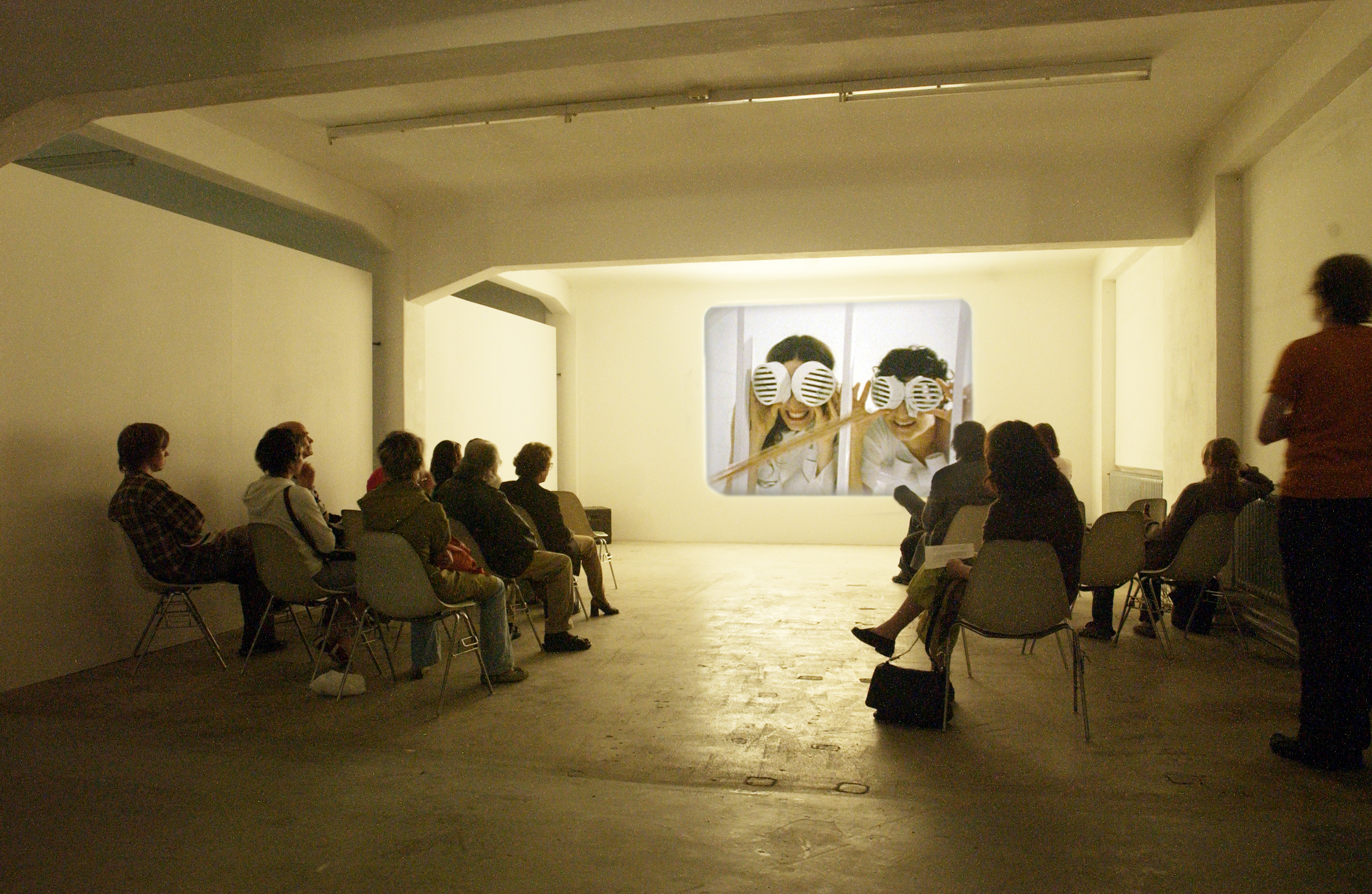

The Berlin-based duo Kein Babel collects sounds, music fragments, and much more to put them together to live sound patchworks. The duo’s name says it all: At first, their works sound like Babylonian chaos until they finally start to make sense. To them, their works are processual experiments rather than perfectly completed art works.
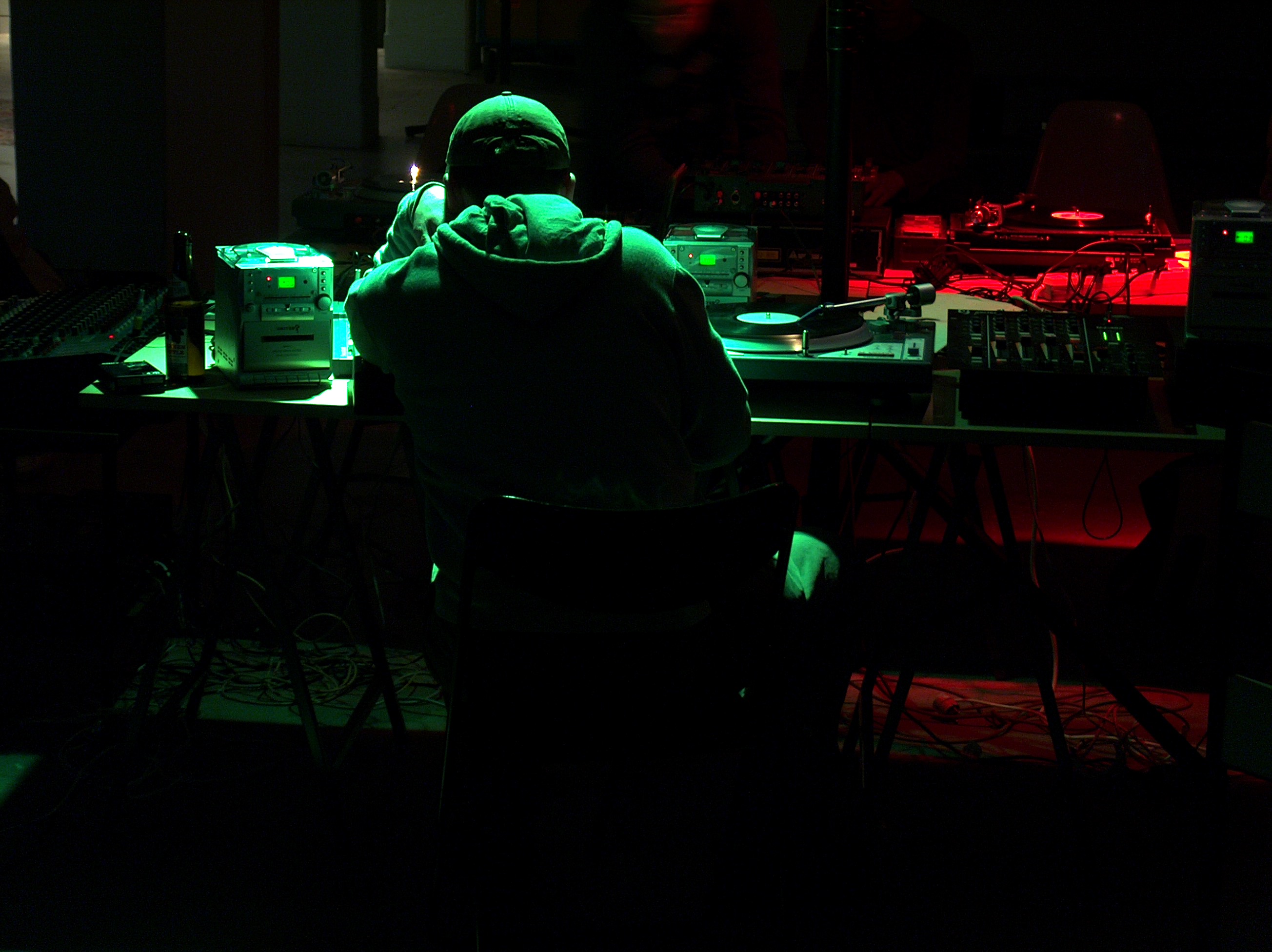
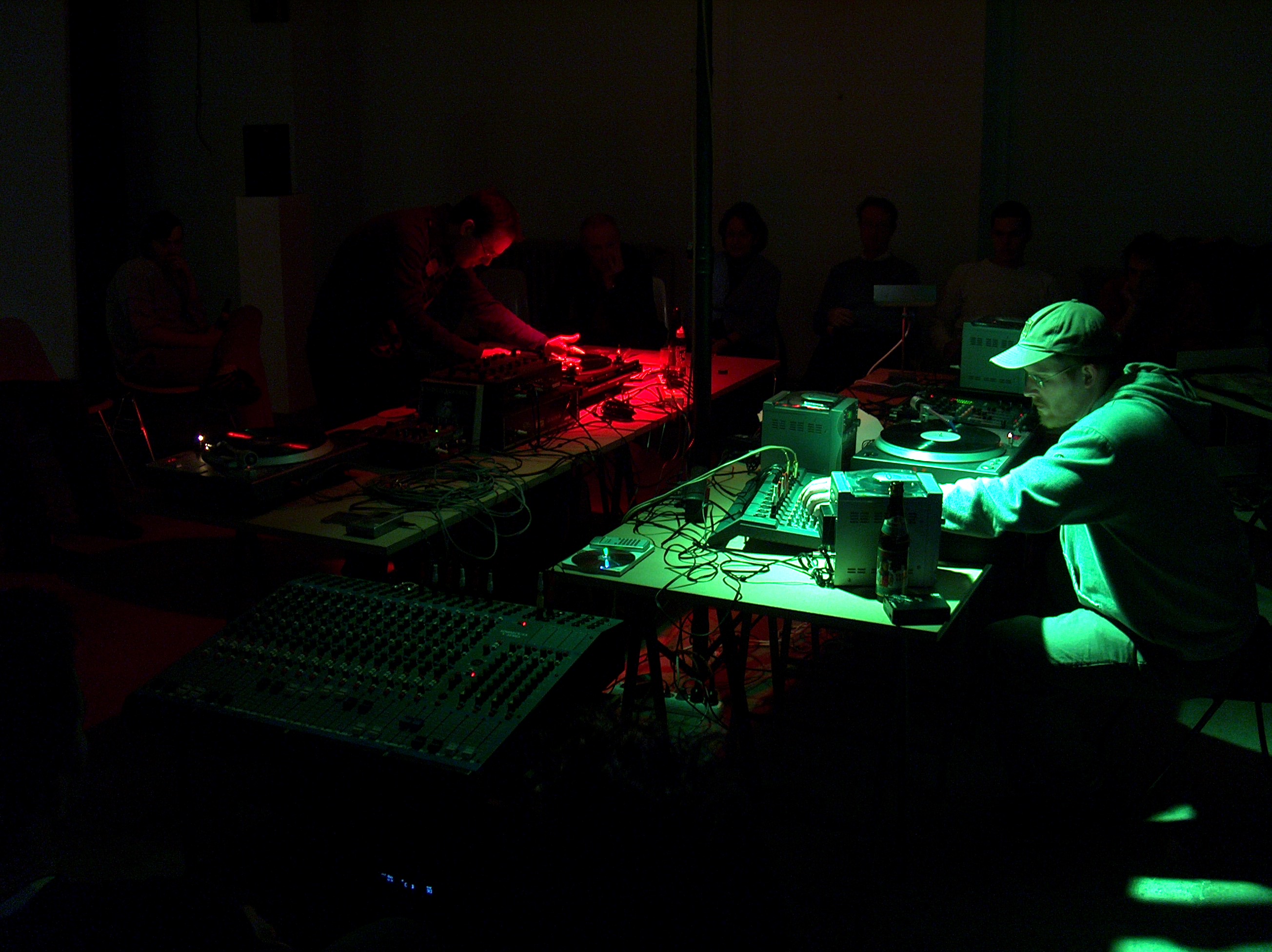


Within the time of the exhibition, 21. – 25. Of April 2005, the artist Ellen Fullman will install her “Long String Instrument” at Kuenstlerhaus Stuttgart and present it with Konrad Springer, a musician located in Berlin.
On Thursday, the 21. of April, Fullman will have a talk on the development of the “Long String Instrument” and further musical projects. She has now been working with the instrument for 20 years and exhibited it at institutions like the Whitney Museum in New York and the DAAD galleries Berlin. This unique instrument is capable to play a huge range of sounds and produce a special physical experience..
On the basis of their artistic work, two Brazilian artists will share their opinion on Atropofagia and discuss the actuality of those ideas. Is a transfer on European Thinking possible? Two international artists, temporarily located in Stuttgart, talk about their way of cultural adaption. Luzia Simons has been living for a couple of years in Fellbach and Learcio Redono (Stockholm) is fellow of Akademia Schloss Solitude.
Within eight nights in Cairo, the artists Mahmoud Khaled (Cairo/Egypt), Stephan Koeperl and Sylvia Winkler from Stuttgart produced a series of photographs of the aftermath of nights of conversations on contemporary art. Beginning with simple questions, the participants developed strong issues like “The body’s independence of time and it’s limitation through social bound”, “The aesthetics of documentation” and “The relationship between artwork, curating strategies and geographical contexts”. With the sunrise, each of the conversations ended and a photograph was shot.
Taking place sees itself as a developing process that deals with gender questions within the contexts of architecture and space. It offers a poetic and political platform for discussions, research and cultural exchange in general. Taking place was developed in six years from conversations of two woman and now includes a network of artists, architects, writers and theoreticians.
Two present members of Taking place will present concepts and working methods, showing excerpts of their expanded conversation, accompanied by spatial practices and theoretical texts in order to provoke a questions and discussions about modern feminist practice. What kind of place is taking place?
The project Inselungen consists of a sound installation and a talk series that continues the theme of last year’s project Entre Pindorama: a project about social interaction with “the other” or more precisely, the ideas of Antropofagia, a way of cultural appropriation.
For Inselungen, artists, cultural theorists and the public are asked, if there is a way to transfer the ideas of Antropofagia into the European context. For that cause, several projects that were realized in different places and contexts will be put up for discussion. Global findings will be discussed in the light of local experience, what might result in a “glocal” level. By transferring, connecting and breaking off meta narratives, intermediate forms of narration will be created, the so-called Inselungen – new places, shaped like islands, that are made up of diverse meanings and ideas.
Inselungen go beyond the geographic or geologic notion of islands. They also have nothing to do with “language islands” or “cultural islands” that were described within the humanities. Inselungen refer to ideas of Lyotard and Glissant, who described islands as places of communicative interaction, as a cultural strategy. Inselungen is a series of independent “islands of understanding” that stimulate a chain of thoughts. The Inselung is the center of ann open cultural network.
The project was curated and organized by Annette Krauss, Elke aus dem Moore, Lili Scholtes, Martin Schmid and Wiebke Trunk. Freelance support: Ruby Sircar. Assistance: Sabina Husicic. Thanks to Enzio Wetzel, Goethe-Institute Cairo.
Lucius Burckhardt (1925 – 2003) setzte sich seit den 1950er Jahren mit dem Planen und Bauen in der Demokratie auseinander. Seine scharfen Beobachtungen und kritischen Analysen haben die Gestaltung unserer Umwelt, die Lehre in den planenden Berufen und das Verständnis von Stadt grundlegend beeinflußt. Zwischen mächtigen ökonomischen Interessen und widerstreitenden politischen Ansprüchen werden seine Forschungen für das Wohl einer Gesamtbevölkerung unentbehrlich sein, wann immer geplant, gestaltet, gebaut und gewohnt wird.
Since the 1950s, Lucius Burckhardt (1925-2003) had dealt with planning and building within a democratic society. His sharp observations and critical analysis have influenced our living environment, the theoretical basis in planning professions and the understanding of urbanism. In between economic interests and controversial political opinions, his research is essential.
The history of urbanism critics begins with Lucius Burckhardt’s research. At a young age, he started criticizing construction projects in his hometown Basel and eventually made it his profession. He was appointed into positions as sociologist, architectural editor, college professor and finally chairman of German Werkbund and founding dean of the design department at Bauhaus University Weimar. He considered blocking particular construction projects an important planning task and advocated for “invisible design”. He demanded considering “unnecessary desires” of residents and mistrusting the “solutions” of experts.
Organized by Künstlerhaus in cooperation with Merz Akademy, College for Design, Stuttgart.
Reference literature:
Lucius Burckhardt
Wer plant die Planung? Architektur, Politik und Mensch
Herausgegeben von Jesko Fezer und Martin Schmitz
360 Seiten, ISBN 3-927795-39-9
IF, OR, ELSE oder die andere Bedingung asks questions about the analogies and differences between information and sexual science/anthropology in systems and schemes taken from educational books.
Within an adio-visual research work a deconstruction of the two fields took place. The two central questions are: “Has algorithm a sex” and “Can a sex be measured?”.
Within the project Entre Pindorama, Künstlerhaus screens two video programs about the Hutúz Festival at Rio de Janeiro. The program is presented by Rafael Dragaud, co-founder of the festival. The first program is about the young hip hop festival itself, the second program contains special examples of Brazilian music videos.
Entre Pindorama deals with the idea of Antropofagia, a cultural movement within Brazialian modernism that used the metaphor anthropophagy to describe the interaction with “the other”. The project Entre Pindorama examines a possible transfer of these ideas.
Brazilian hip hop is probably the most recent form of Antropofagia. It literally “swallows” elements from US-American hip hop and mingles it with traditional Brazilian elements such as Samba.
The closing event of the project Entre Pindorama takes place on December 10, 2004. There will be a party at Künstlerhaus, German and Brazilian DJs will put on music: Festa de Encerramento – DJ Fragstein and 01 (Subtítolo/Sao Paolo).
The core theme of this conversation between artist Julika Rudelius and journalisrt Annette Weber is the examination of racism. Following a screening of the latest video work by Julika Rudelius and a kick-off speech by Annette Weber, questions on the psychology and construction of racism will be discussed.
For her video work Your blood is as red as mine, Julika Rudelius interviewed black inhabitants of a district in Amsterdam about their skin color. By asking her interviewees naïve questions, the prejudice and racism that black people experience in a society dominated by white people on a daily basis become visible.
The book Staunen (Astonishment) deals with diverse forms of astonishment. Based on a divide between authentic perceptual experience and theoretic consideration, a few classical examples of the phenomenon “astonishment” are examined (Burke, Freud, Heidegger, Benjamin, Baudrillard and others) and contrasted with contemporary creative productions such as Hollywood movies, TV series, theater, exhibitions and creative positions.
Within his book presentation at Künstlerhaus, Ronald Kolb will give insight into the theories that are elaborated in his book. After that, he will illustrate these theories by presenting examples from TV and cinema such as Roland Emmerich’s The Day after Tomorrow, installations by Bill Viola or TV programs such as the MTV production Jackass.
Cultural identity and alterity is a controversial issue.The way someone experiences and arranges encounters with foreigners is influenced by how he approaches this issue: as cultural exchange, as cultural clash or as a situation that should be refused and ignored. The notion “interculturality” that recently entered the general discourse suggest the creation of a space for mutual understanding and communication.
Within this panel discussion, young cultural scientist debated questions on cultural identity and developments in cultural exchange. For them, successful cultural exchange is not only about the willingness to understand and communicate with each other, it also includes coexistence and conflict, rejection and dismay, isolation, empathy and assimilation.
Organized in collaboration with IZKT –International Center for Culture and Technology Research, University Stuttgart.
The film series Invention & Subversion is part of the project Entre Pindorama by Künstlerhaus and is presented in collaboration with Communal Cinema Stuttgart. Organized by Ronna Giorgio.
The selected films represent an overview of filmic innovations, respresentations of outsiders and the difficult political situation in Brazil. The films are presented in chronological order. Core themes are the search for national identity during the 1930s, the search for origins and foundations of Cinema Novo (1950s and 1960s), the impact of dictatorship on film production and ways of filmic expression regarding social problems in Brazil.
Program:
Limite (The Border)
Brazil 1931, D: Mario Peixoto. 120 min. Silent movie, original version with intertitles.
Ganga bruta
Brazil 1933, D: Humberto Mauro. Original version. 82 min.
Rio 40°
Brazil 1955, D: Nelson Pereira dos Santos. Original version with English subtitles. 100 min.
Deus e o Diabo na Terra do Sol (God and Devil in the land of Sun)
Brazil 1964, D: Glauber Rocha. German version. 125 min.
Macunaima
Brazil 1969, D: Joaquim Pedro. Original version with German subtitles. 108 min.
A Idade da Terra (The Age of Earth)
Brazil 1980, D: Glaube Rocha. 160 min.
O Invasor (The Invader)
Brazil 2002, D: Beto Brant. Original version with English subtitles. 97 min.
Madame Satã
Brazil/France 2002, D: Karim Aïnouz. Original version with English subtitles. 105 min.
Edificio Master
Brazil 2002, D: Eduardo Coutinho. Original version with English subtitles. 110 min.
Fala Tu
Brazil 2004, D: Guilherme Coelho. Original version with English subtitles. 74 min.
MC Tati Quebra-Barraco aka house wrecker is a leading artist of the so-called “Rio Funk”. The genre devloped during the 1990s in Brasilian favelas and is harder, rougher and more aggressive than northern American hip hop. That said, the name “funk” is misleading: Rio Funk has nothing to with the funk genre outside Brasil. It is a collage made of fast, hammering beats that resemble the “Miami Bass” genre by using drum rhythms and samples from pop music and rap.
The concert is organized in collaboration with Ladyfest Esslingen.
„Pindorama“ this is how the indigenous population of Brasil calls its country – „country of palm trees“. “Entre” is an invitation to enter, to get to know a culture that is extremely various – a second meaning of “entre” is “in between”.
Entre Pindorama is an exhibition and events project that was developed in collaboration with Brasilian artist and dramaturg Giorgio Ronna. It gives insight into different positions of contemporary Brasilian art and deals with the ideas of Antropofagia, a cultural movement of Brasilian modernism that is still relevant today. The strategy of Antropofagia, translated “anthropophagy“, means cultural appropriation: Alien elements are “swallowed” and become part of one’s own identity in terms of cultural renewal. The approach encourages assimilation instead of rejection and by that offers a chance to overcome isolations and hierarchies.
Entre Pindorama takes up these ideas to examine their topicality and transferability. The project isn’t yet another exotic perspective on the Latinamerican country but an invitation to rethink cultural habits.
The exhibition at Künstlerhaus exhibits six positions of contemporary art from Brasil. Joâo Modé takes the project into public space: He will realize his participative project on a marketplace in Stuttgart.
Ricardo Basbaum’s workshop deals with current creative approaches and performative strategies to represent the social system of “Me and You”.
The talk series Antropofagia – Gestern und Morgen (Antropofagia – Yesterday and Today) is organized as a two-day public seminar. Artists, scientists and activists introduce ideas and strategies of Antropofagia and discuss their topicality.
Another event within the Entre Pindorama project deals with the construction of cultural identity and possible interactions with “the other”. The event is organized in collaboration with IZKT (International Center for Culture and Technology Research at University Stuttgart).
The film program Invention & Subversion offer insight into the innovative filmmaking in Brasil from 1931 until today. It is screened at Communal cinema Stuttgart.
Finally, the project is rounded off with the most current and controversial form of Antropofagia: The Brasilian hip hop movement. The northern American version of hip hop culture is literally being “swallowed” in Brasil with very different results. One example is MC Tati, a leading female artist of her genre, who will get on stage at Ladyfest Esslingen.

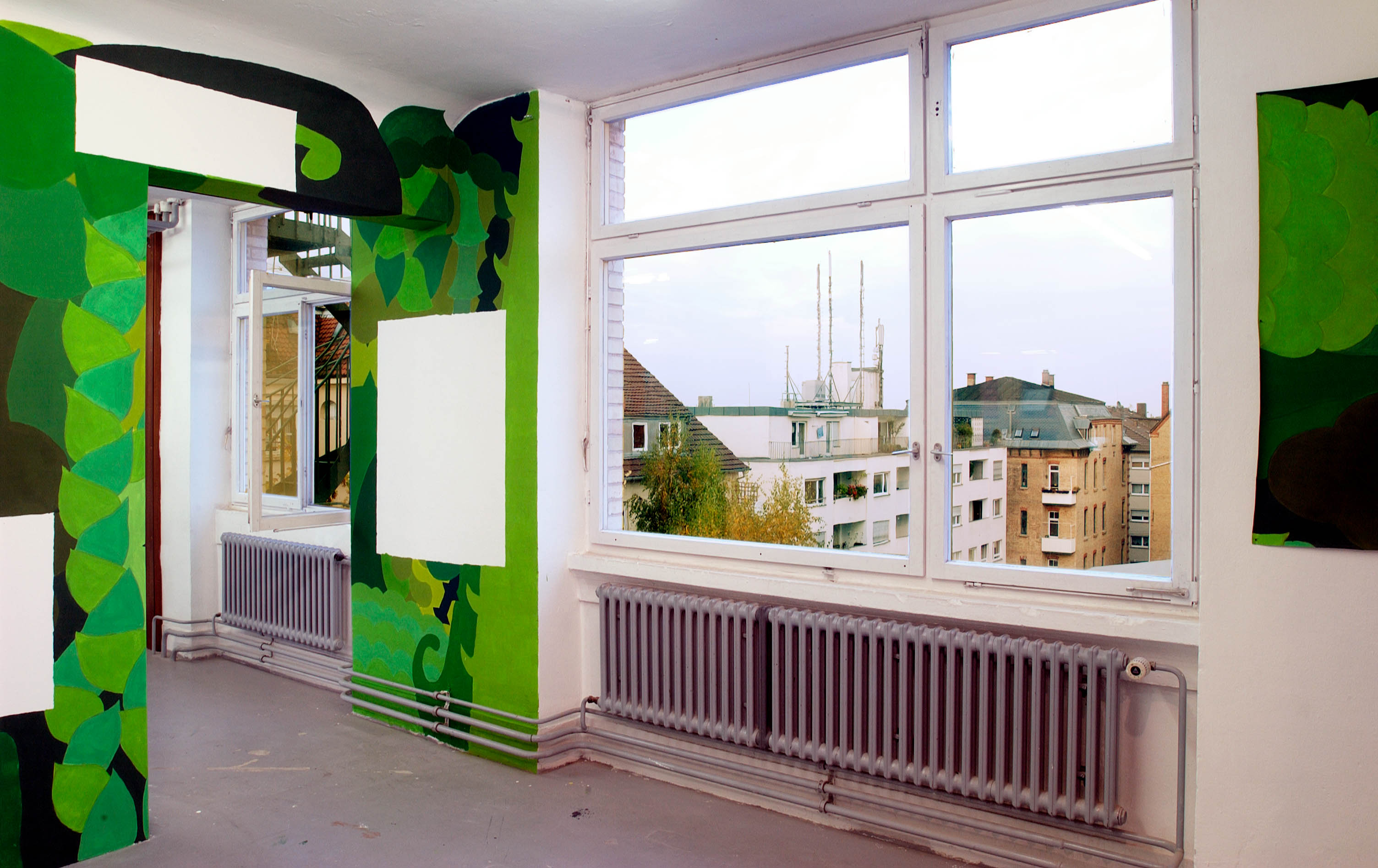

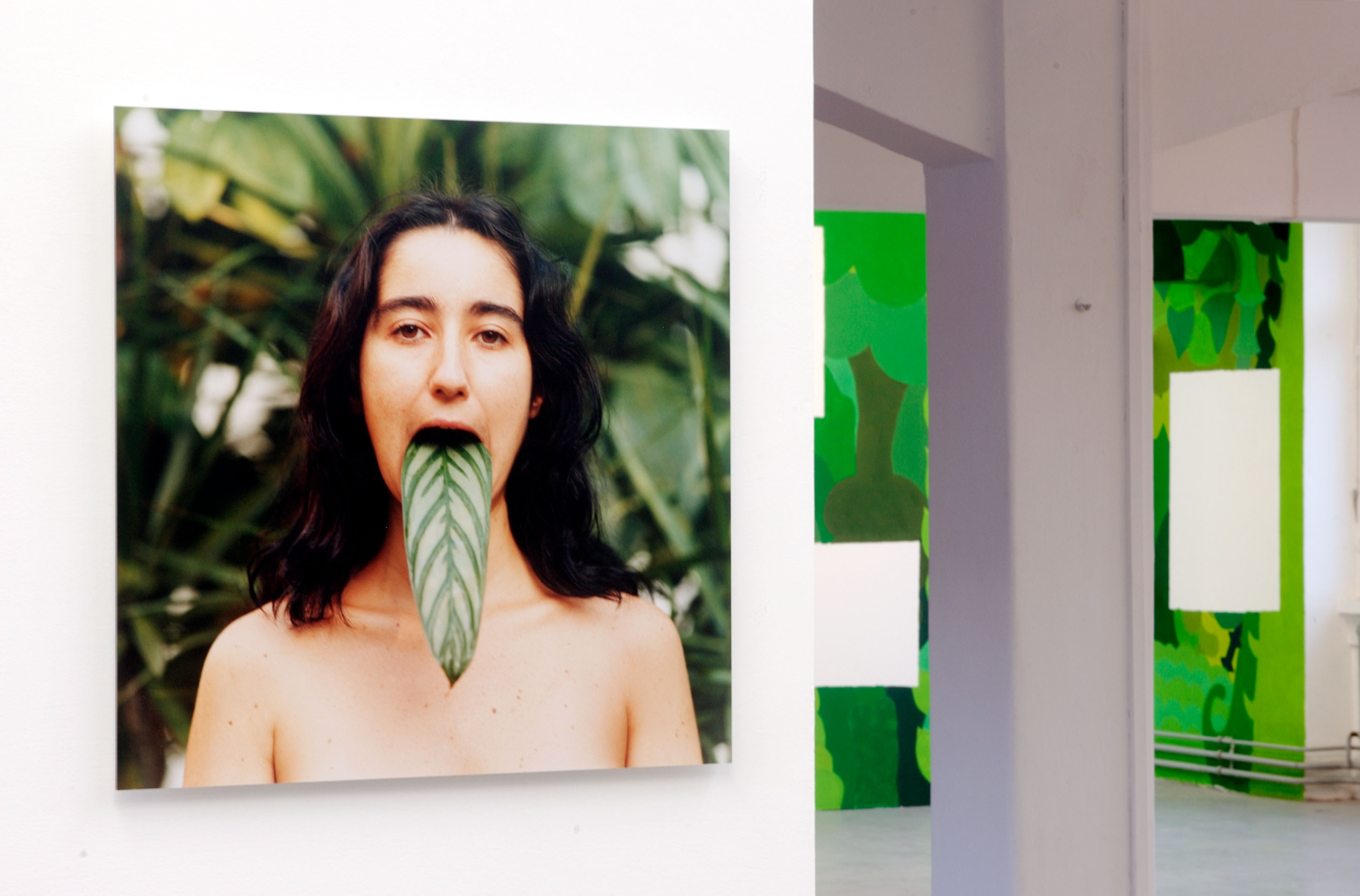
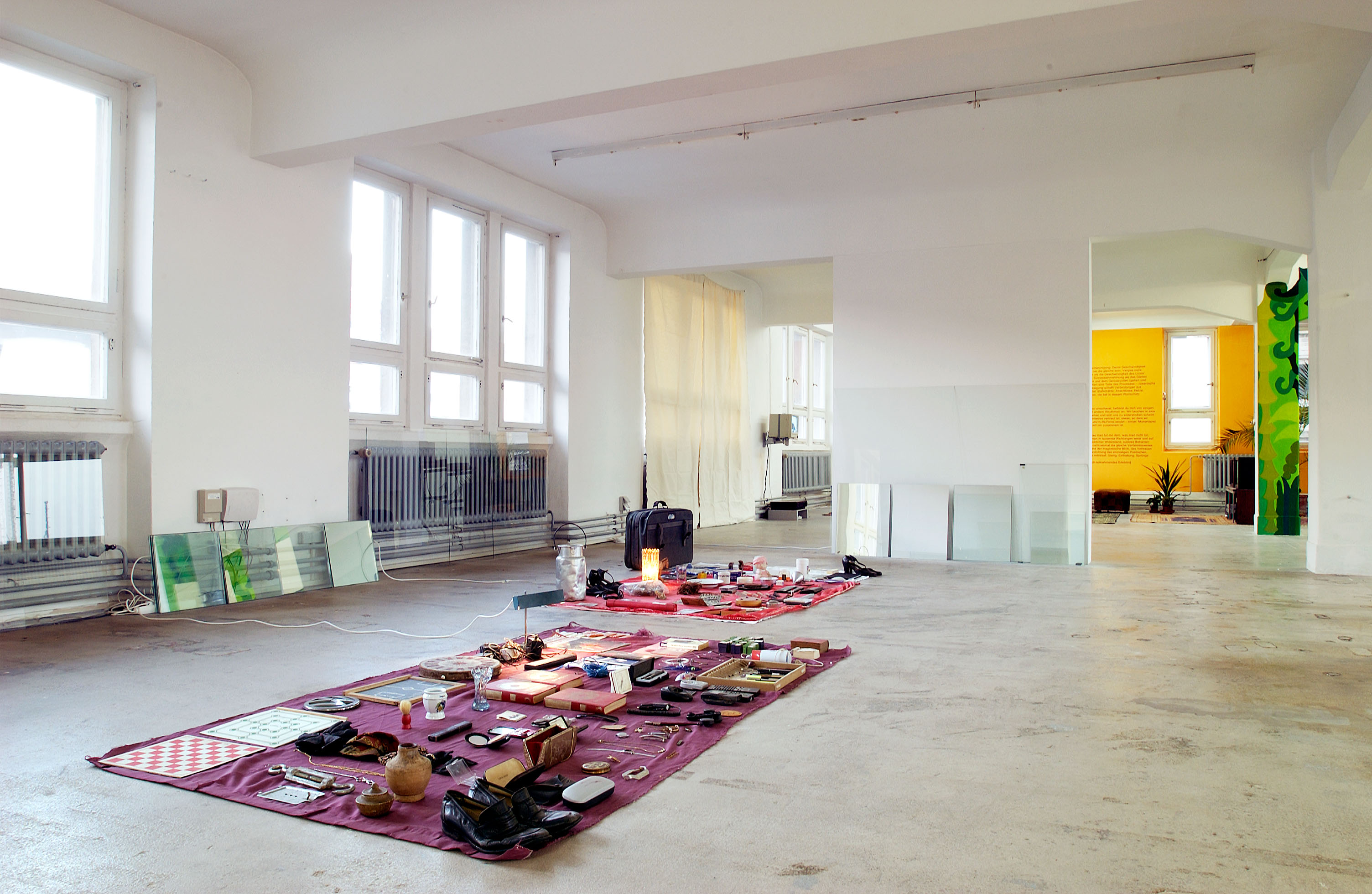
For one full week, Brasilian artist Joâo Modé will knot a large web on Marienplatz. His project is grounded on participatation: He invites people to develop his work by using different materials such as wool, threads, ropes and strings.
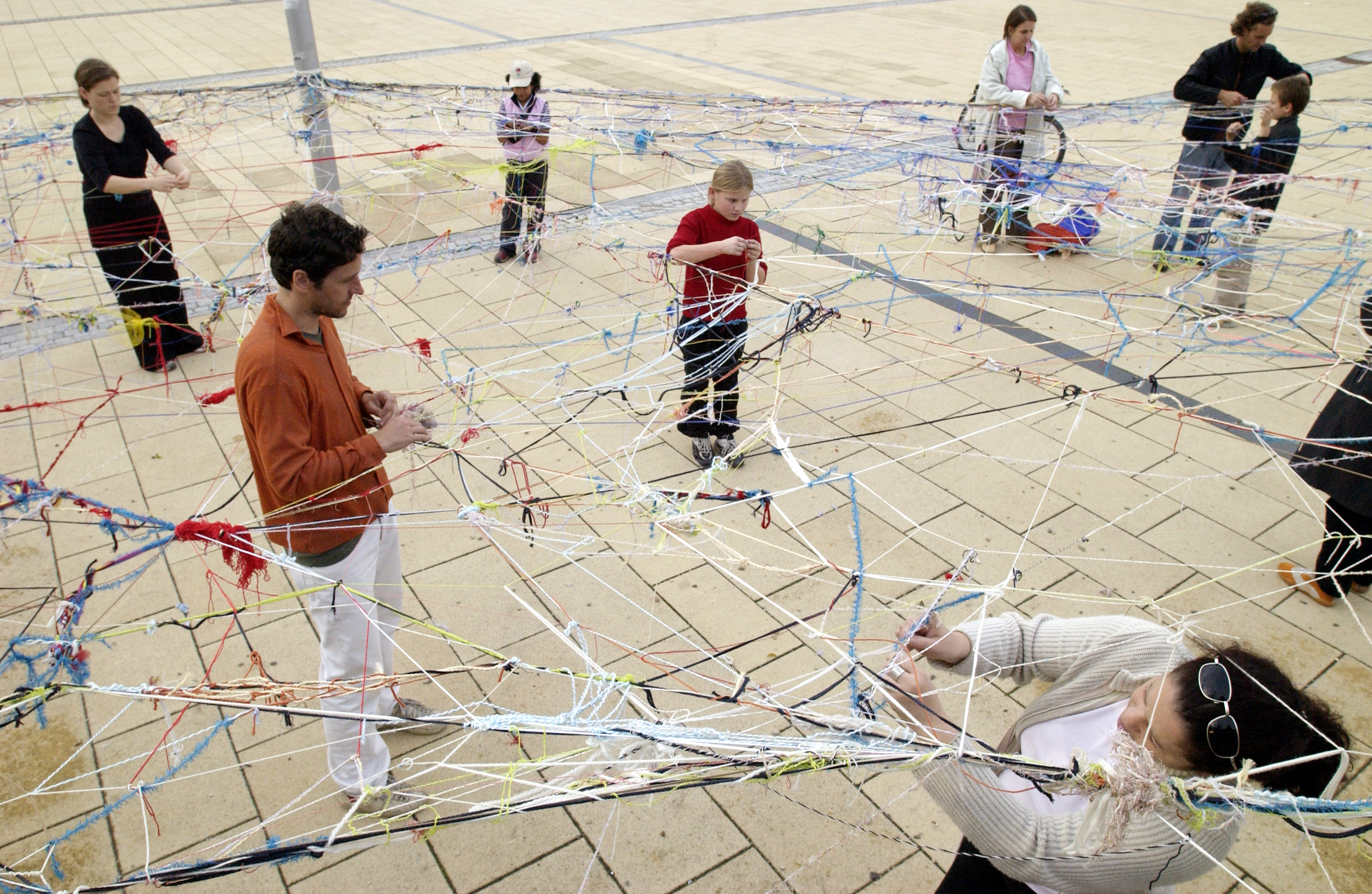
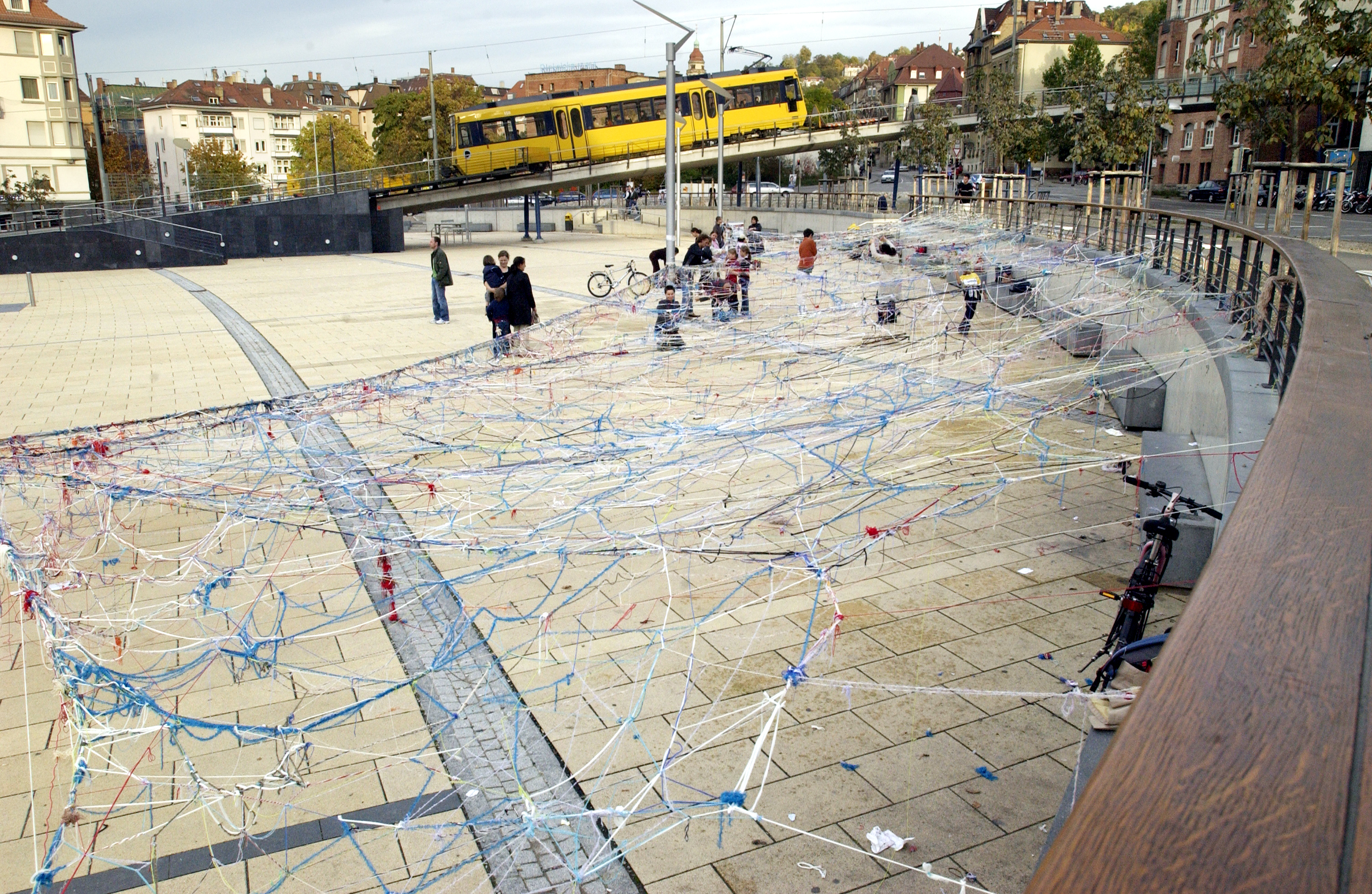

The condition of art has become very unclear since the 1970s. It is a result of the 1960’s art boom that brought about new art forms and media and reached out to other fields within the arts and science spectrum (literature, theater, dance, music, design, advertisement, youth culture, sociology psychology, ethnology etc.). The project “modernism” is over.
In the late 1970s, a post-modern way of thinking accessed the arts and made general, binding discourses and criteria within the art world obsolete. Johannes Meinhardt’s talk focuses on artists and art works that have preserved a reflective niveau instead of tending to spectacle and entertainment.
In the beginning, cars looked like carriages without horses. How will architecture change by using design software? A large fire destroyed important works of German literature at the Dutchess Anna Amalia Library at Weimar – a music CD can be destroyed by simply exposing it to sunlight. Just as previous politicians were convinced of constant economic growth, today’s engineers are convinced of their fundamental assumptions. These and many more topics from the field of digital culture will be parts of the talk series Code & Communication, organized by Betacity.de.
Künstler & Benz (Katrin Kinsler and Julia Wenz) exhibit works that were made during their working stipend at Künstlerhaus in 2004.
Following the idea of a common logo and self-representation, the artists have worked on different topics. This opened up conflicts, connections and intersections between solo and collaborative projects. Their works mainly contain drawings, photographs and computer-made prints.
Within the frame of the exhibition Paperworks – Äste der Imagination (Paperworks – Branches of Imagination), Frankfurt-based artist and publisher Isabelle Fein presents her magazine Whistler Magazine. Following that, there will be a film program containing films by Isabelle Fein, Susan Turcot and Ute & Detel Aurand.

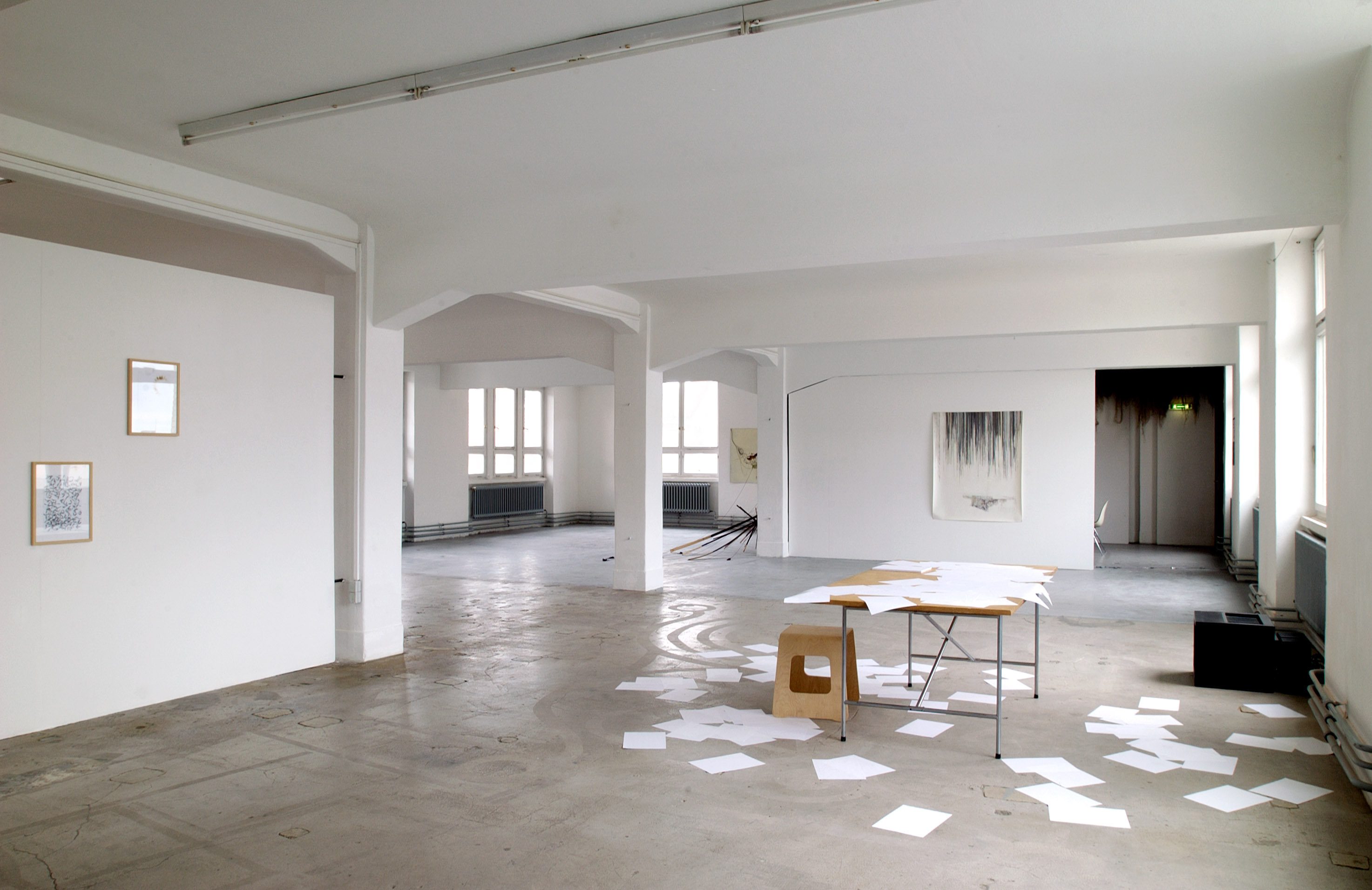
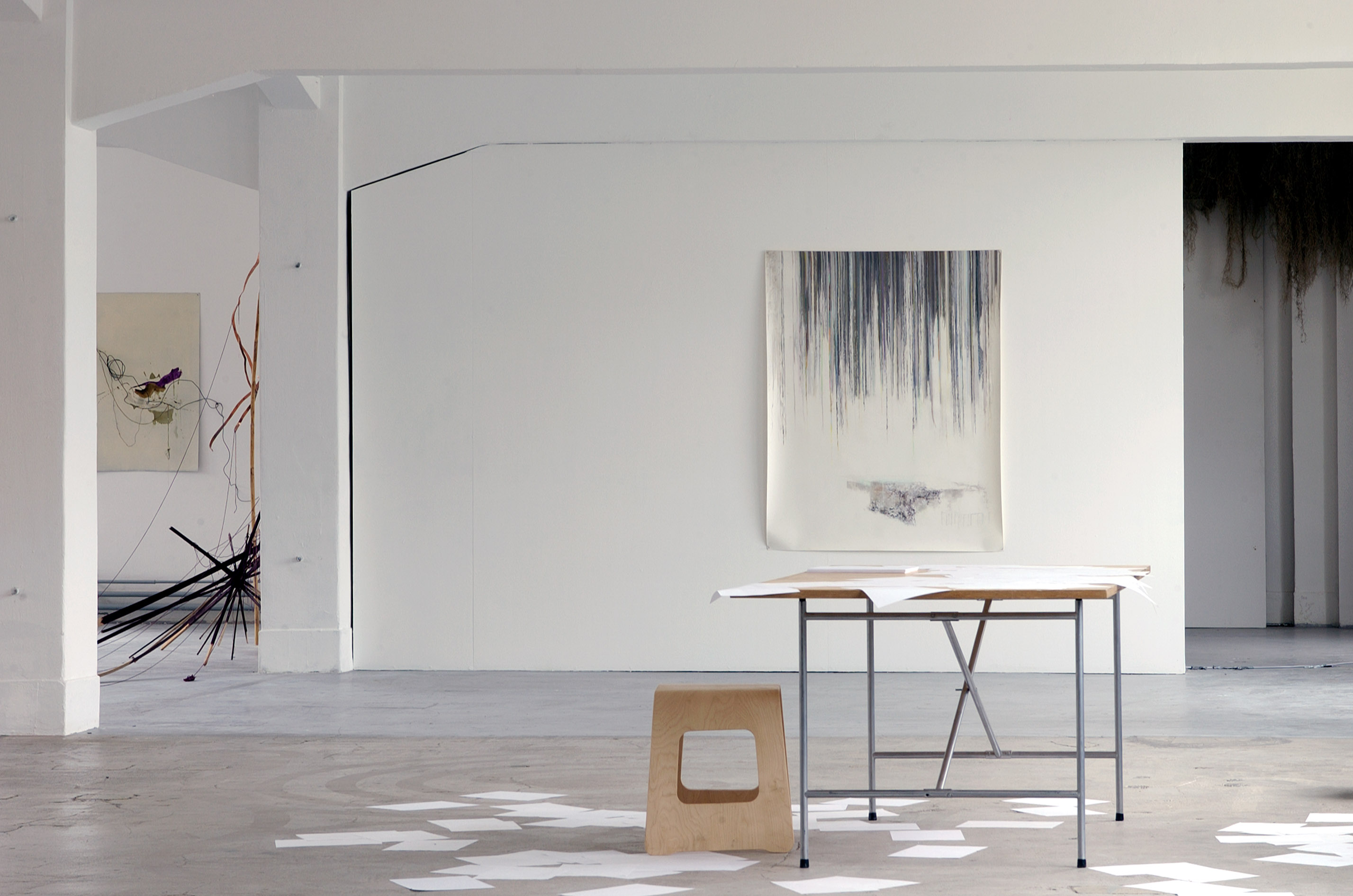
Since 1997 the artists duo Stephan Koeperl and Sylvia Winkler have been working in diverse big cities in different countries. They explore the speciality and uniqueness of each new location in order to put the foreign into the context of their own cultural background. Being a subject in their work, they use the possibility of acting in the every-day life in a metropol city.
After their arrival from Mexico City, the artists will present their experiences within a setting of constructed impressions and documented performances.
The series Visit is a open platform for the presentation and discussion of contemporary art. Künstlerhaus offers to everyone interested, the possibility to propose ideas or concepts for discussions, talks and screenings. The compilation for the series is made by a group of members that meets frequently.
Since 2002, Ashok Kapur holds a work stipend at Künstlerhaus. Now he presents a number of ink drawings that he made during his time at Künstlerhaus.
Ashok Kapur is interested in both intellectual and creative work. In his view, the two are not separate from each other but connected. His works combine formal austerity and unobstrusive presentation.
A catalogue about Kapur’s work can be purchased at Künstlerhaus.
In May 2004, Künstlerhaus offered a workshop hosted by Berlin-based artist Gunter Reski, who sees drawings as a form of documentation. The workshop was open for artists, students and anyone interested. During four days, diverse subjects and styles were elaborated. The results of the workshop – transcripts of discussions, instructions and drawings – were compiled to a paper titled Draw & Order 2.
The exhibition contained a selection of drawings. Some drawings were realized as mural paintings inside the exhibition space.
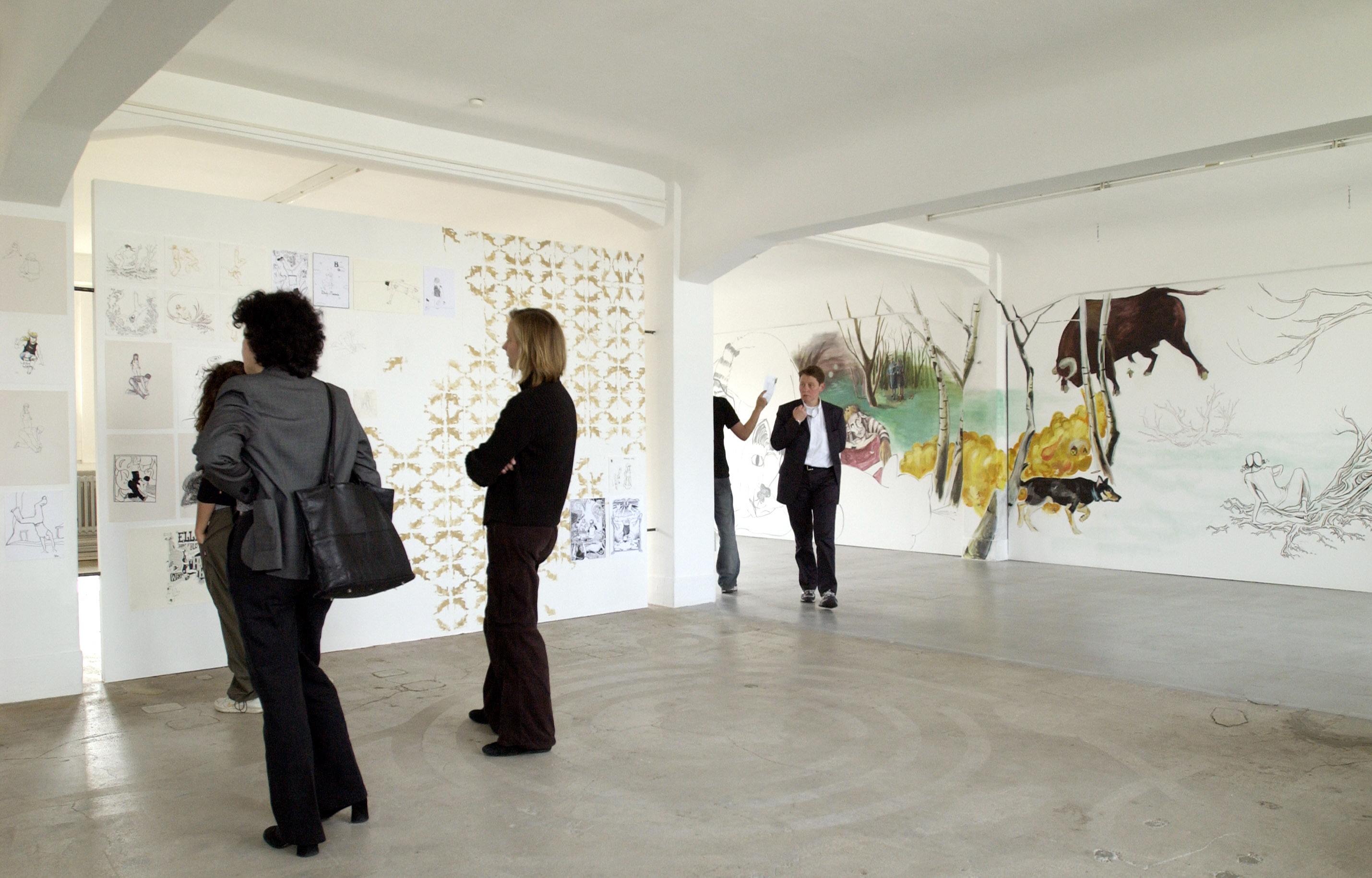

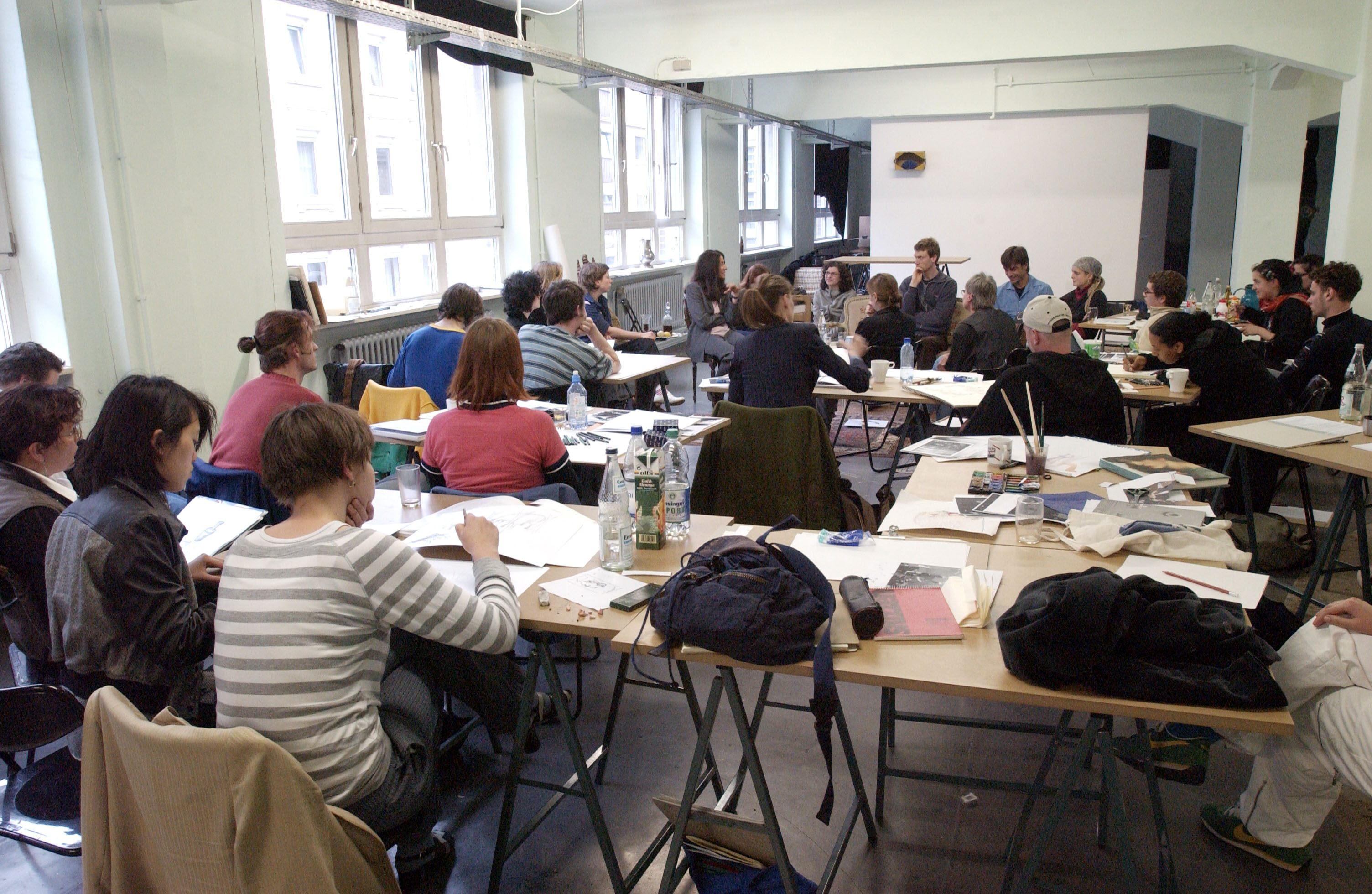

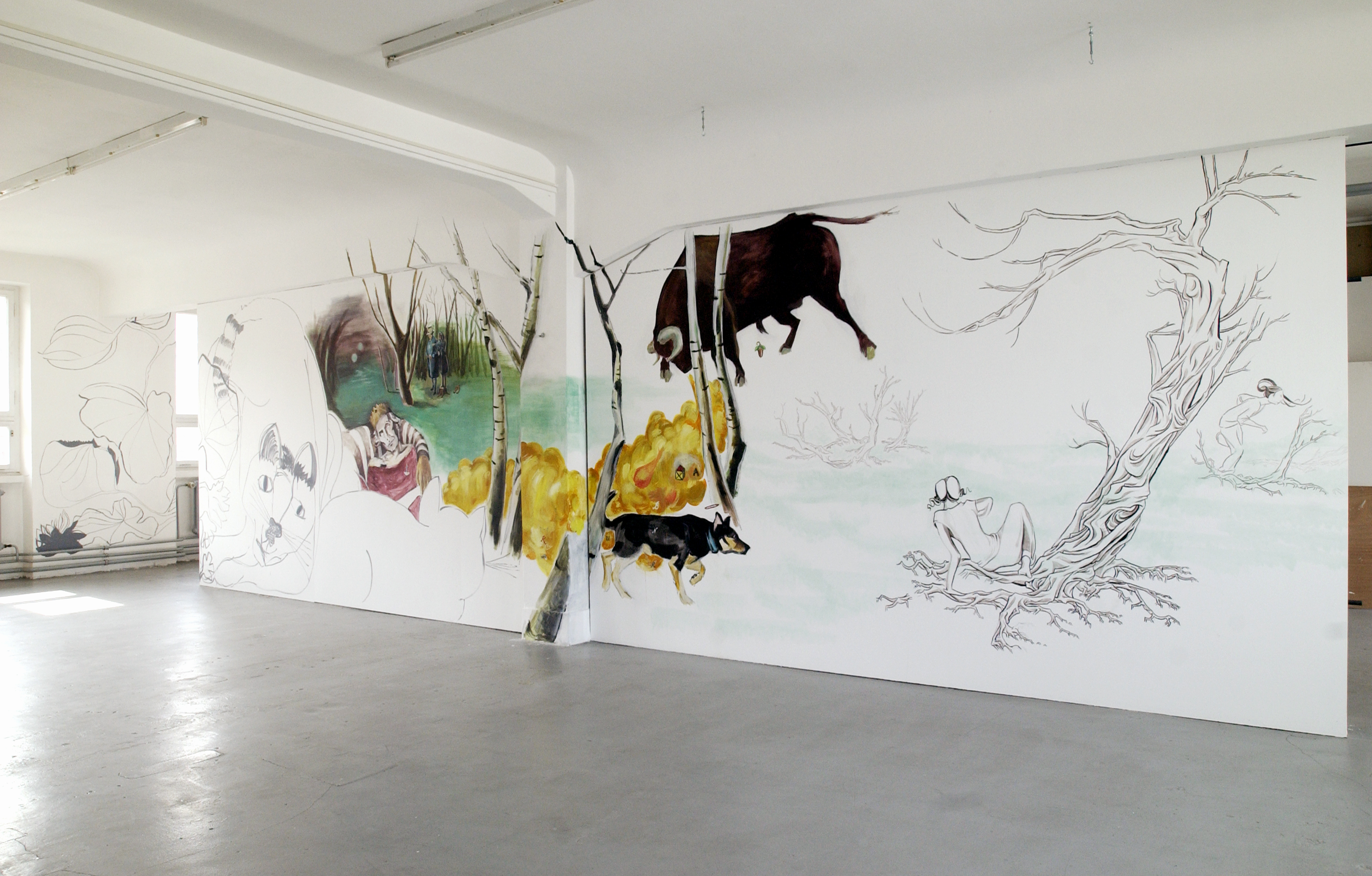
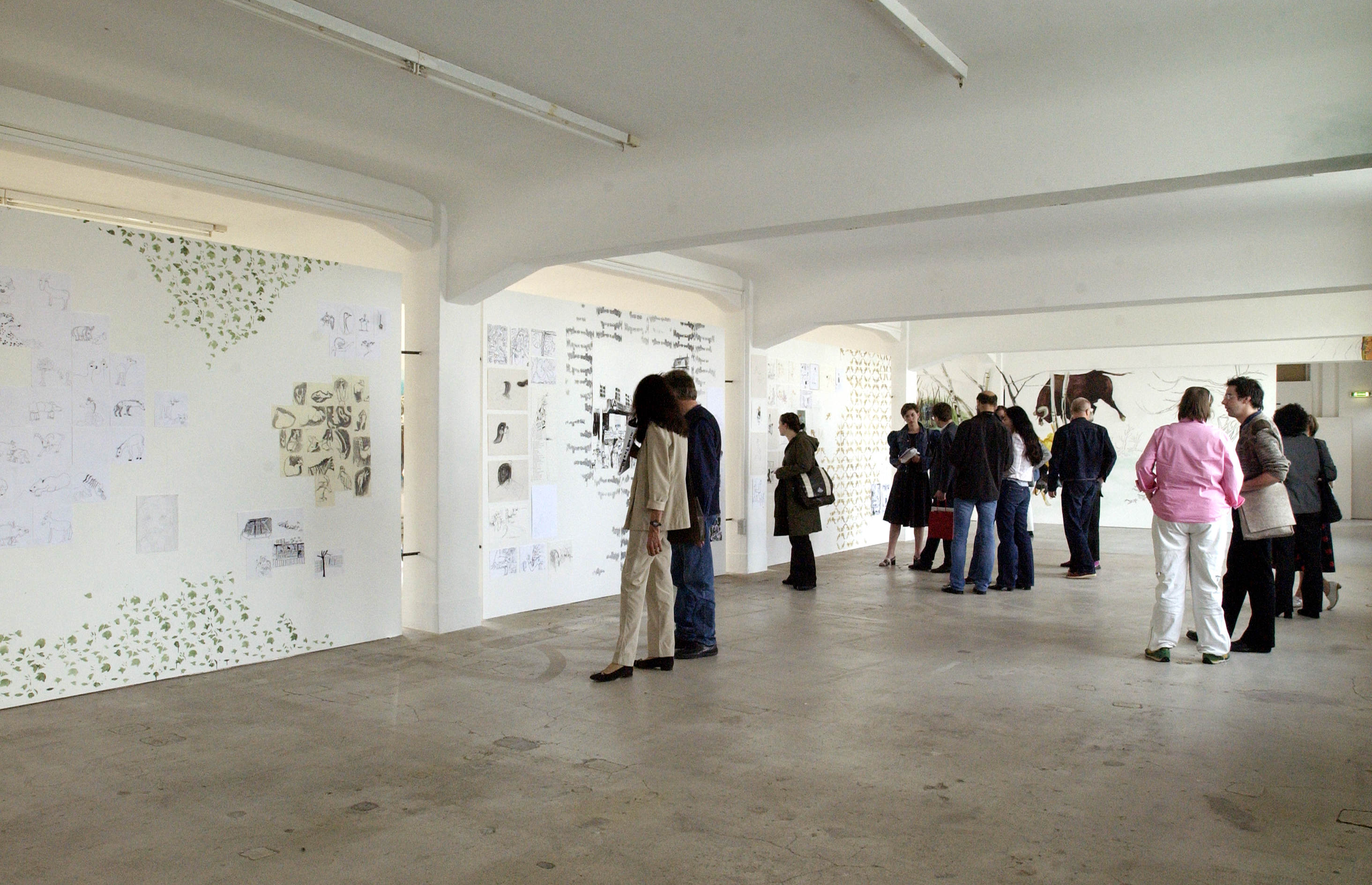
Ultrachrome. Existing paintings of landscapes from different epochs are being transcoded into pictograms by replacing the pictured objects into symbols with the programme CoralDraw. The result is then printed in original size with the ultrachrome technique on acryl glas (4mm).
The work is based on the engagment with cartography and questions about the impact of new knowledge gained throughout human history on the image of the human, how planning can lead into dead ends and about the understanding of the environment and relation to nature. This interest results into the intensive contention with landscape paintings and ideologies of different epochs.
Metalogos. Hectical rush, stress and just a little of time for things that require effort and calm like the perception of arts define the daily life of a fast moving society.
The project goals to integrate arts into everyday-life in moments of silence and calm, to find new ways of the presentation of art.This project offers the possibility to people to be surrounded by arts. The metalogos are symbols which are derived from experiences of daily life and political and social research. They resemble logos without indicating advertisement, but to mediate an artistic statement in a short period of time and to reach a high amount of people. An other transcoding process takes place.
Recently there has been a discussion about art as a resource for education in Germany. This discussion, however, didn’t include contemporary art institutions. Within the workshop Soft Logics in Art Communication, projects from Belgium and England served as examples to illustrate current strategies in arts communication that blur the borders between exhibition and communication, between art production and education. Moreover, examples from the German speaking area were discussed and examined regarding problems and potentials. Is it possible and appropriate to transfer approaches from abroad into art communication in Germany?
Using various means such as questionnaires, interviews, typographic installations, posters and video recordings, artist Judith Siegmund examined the most intimate thoughts, fears and hopes of “ordinary” citizens regarding foreigners and xenophobia at the outskirts of the European Union: At the border area between Germany and Poland and between Austria and Slovenia. Fragments of conversations and interview as well as pictures were published in a trilingual book (German, Polish, Slovenian).
Within the project Soft Logics, Künstlerhaus wants to invite everyone who is interested to a discussion panel about the topic “self-organization”. Considering the increasing institutionalization of self-organized organizations, the panel tried to answer questions on the meaning and significance of self-organization today.
Players from Stuttgart’s art scene were invited to present their opinions, thoughts and visions of a Selbstgemachten Mikroutopie (self-made micro utopia).
The event Style Politics dealt with different forms and practices of creative and political expression. Within their creative work, both fashion designer Zohra Opoku (Hamburg) and musician Meli (Stuttgart) find ways to encourage discourse about identity and origin.
For her fashion collections, Zohra Opoku uses African and European fabrics but also emotionally charged symbols such as the flag of the former GDR. This evening, she will present her new magazine Pokuaa that contains photographs, drawings and interviews from Germany and Ghana that refer to the discussion on “German identity”.
Within her songs, musician Meli deals with socio-critical and racist problems. Criticts described her debut record Skillz en Masse as intelligent and expressive. Meli will talk about her music and present some of her latest songs.
Carol Tulloch is a curator and textile historian at Victoria & Albert Museum London. She will give a talk about style and identity within the Black Diaspora.
The event is organized and hosted by Bakri Bakhit (London).
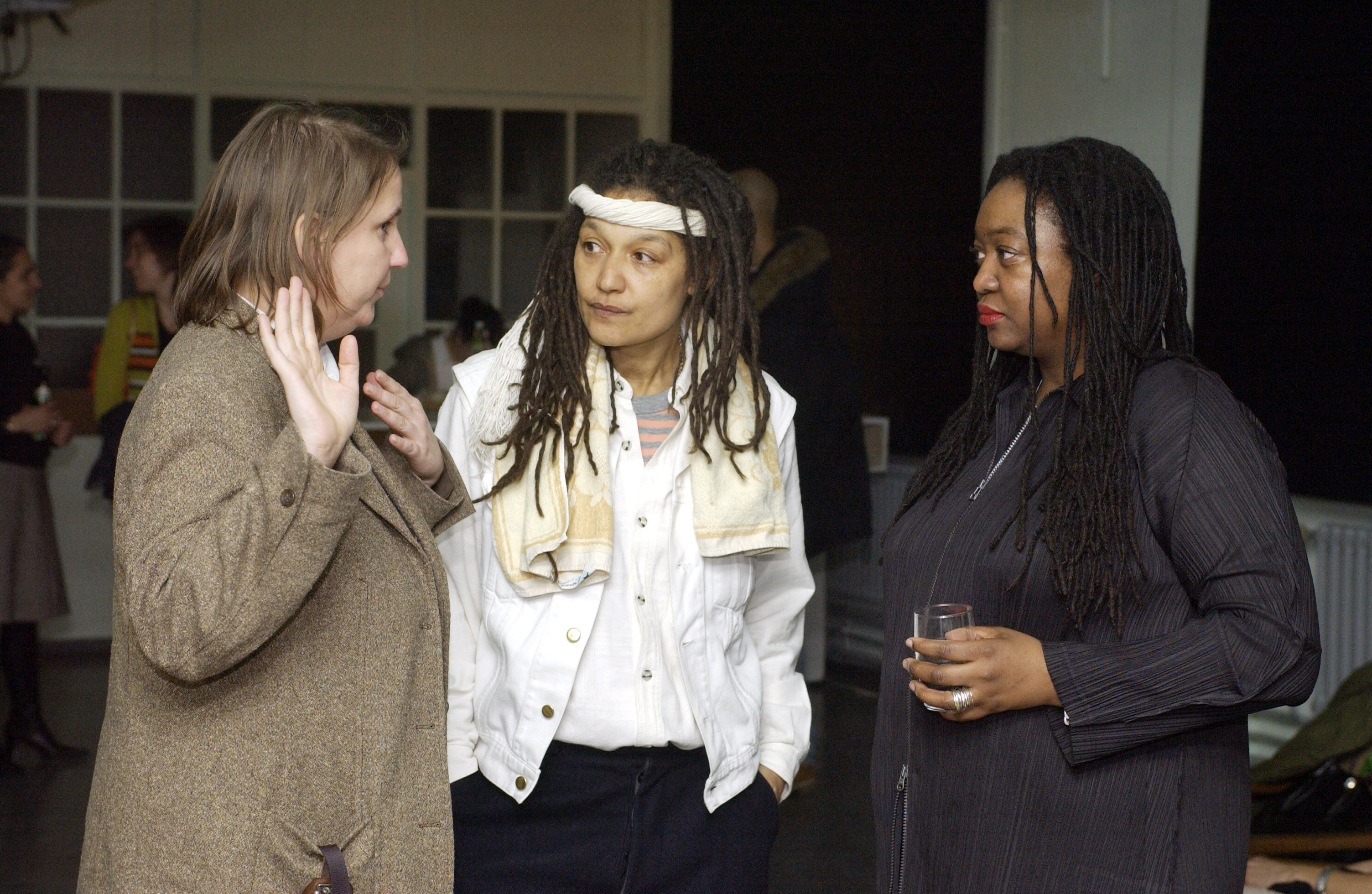
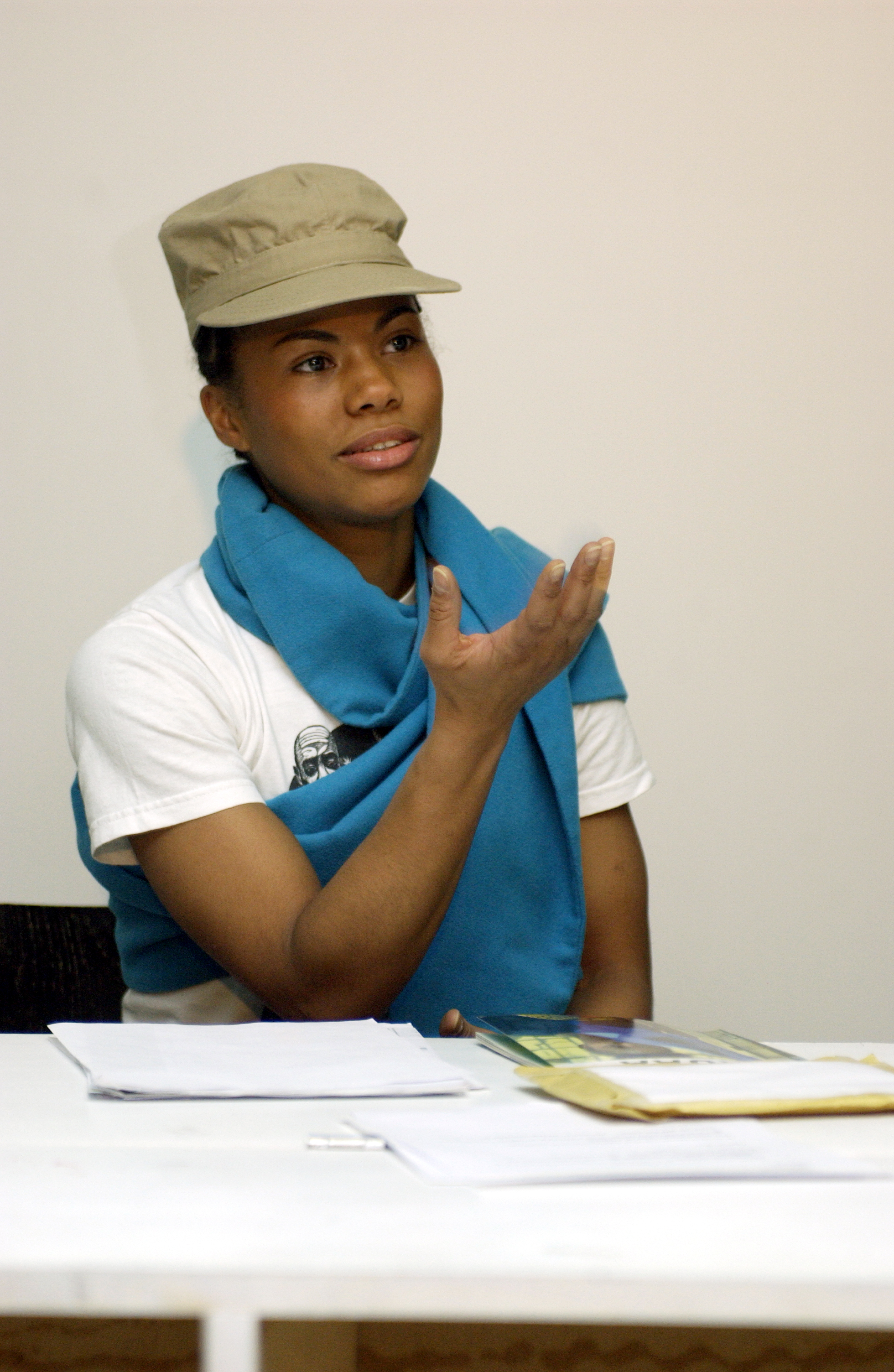
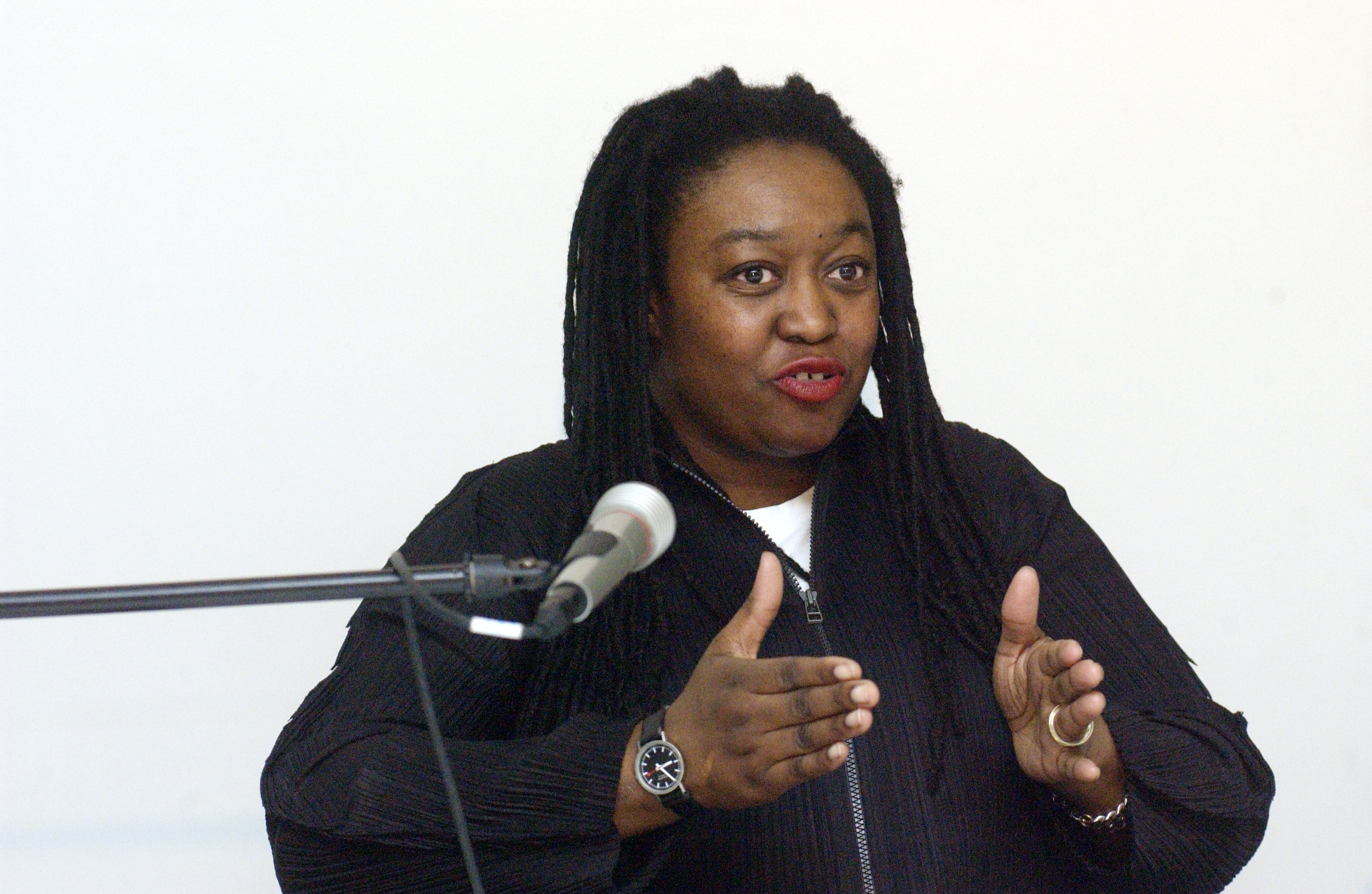

Paukner Entertainment is about music for insiders. It offers a cozy atmosphere for conversations about music and other important issues. Paukner Entertainment cares about your musical education!
Archival practices are often present in contemporary art. The archive is not only seen as a space for conservation of history but also as a dynamic institution of thinking and action. What is interesting about a archival practice? What makes an archive a space for aware remebrance? Gefühlte Labyrinthe is organized by Carmen Mörsch.
Program:
Reception, Elke aus dem Moore
Künstlerhaus Archive, Heike Schröder
B+B Archive, Sophie Hope & Sarah Carrington
Kontext/Kunst/Vermittlung, Carmen Mörsch & Michaela Schweiger
Curating Degree Zero, Dorothee Richter & Barnaby Drabble
Moderation, Claudia Seidel
The project Soft Logics was planned regarding the 25th anniversary of Künstlerhaus. It contains an exhibition and a number of events that present updates of concepts from the founding period as well as they pose the question if there is a creative practice that is inclusive and open.
The notion “interdisciplinarity” precisely nails down the founding idea of Künstlerhaus. Interdisciplinary work is based on the realization that discipline borders are just a question of definition and therefore flexible. Soft Logics goes beyond interdisciplinarity by demanding an even more radical openness in creative work. While interdisciplinarity requires one common research question, that is elaborated by different disciplines, “soft logics” allow a more open approach. In this approach, all results are valued even if they point in a total different direction and can’t be subsumed under the initial research question.
„Interdisciplinary is increasingly regarded as essential critical practice, for a discipline that builds walls around itself (…) is likely to stagnate. Here the Philosopher Michel Serres offers a pertinent image: I believe that there is box-thought, the thought we call rigorous, like rigid, inflexible boxes, and sack-thought, like systems of fabric. Our philosophy lacks a good organum of fabrics.‘ (Michel Serres: Rome. The Book of Foundations. Stanford 1991) (…) Serres also argues for ‚soft logics‘ – modes of thought that are open and inclusive.“ (Barnett, Penina; Jeffries, Janis; Ross, Doran: Letters of the editors. In: Textile. The Journal of Cloth and Culture. Vol. I, Issue 1, London, Spring 2003)
Firstly introduced by the French philosopher Michel Serres, the notion “soft logics” recently appears in many culture-contexts. The notion is a counter model to “hard logics”, it is a model that is more inclusive and open. To illustrate his idea, Serres uses a metaphor from the textile industry: He draws a comparison between a sack and a box – both serve the same purpose. However, the sack offers a different form of precision, it is more flexible and less controllable. That way, surprising new points of view arise and initial questions and interests shift.
Applying the notion „soft logics“ to the field of art, it establishes new connections that counter traditional structures and hierarchies, question forms of inclusion and exclusion and dismisses separations between so-called “established” and “unestablished” forms of work, discourses or subjects. Soft Logics challenge sharp definitions and enables projects that ignore common dichotomies such as art vs. education, art vs. craft, art vs. social work, etc. By that, Soft Logics represents an interplay between different ways of thinking, action and communication, that generates complex ideas and puts them into shape.
Soft Logics combines several aspects: The exhibition, opening event and film program raise questions about dealing with history. How does history manifest, how is it narrated? The event Geführte Labyrinthe deals with the archive as interspace between remembering and forgetting. The film program Archive & Positionen deals with aspects of narrated history, so-called oral history.
The roundtable Selbstgemachte Mikroutopien invites players from Stuttgart’s art scene to discuss self-organization.
The event Style Politics brings together players from the fashion industry, music production and cultural theory to discuss policies of identity.
A workshop for artists, art communicators and others rounds off the event series. The workshop will be about the question if art and education can work together.
Soft Logics presents three archives, that respresent three different approaches to cultural practice. The remodeling of Künstlerhaus’ house archive is an ongoing process that is open to the public. Weekly interventions (Das Archiv verrichten – Performing the Archiv) offer insight to the archive.
The B+B Archive is a mobile collection of materials on participative and social practices. The curators Sophie Hope and Sarah Cattington (B+B) have compiled it over the last three years. B+B will give a talk about their project and present materials from their collection.
The archive Kontext/Kunst/Vermittlung contains projects that are located within the intersection of art and art communication. On occasion of Soft Logics, the archive, that is located at Institute for Art in Context at University of the Arts Berlin, will be updated.
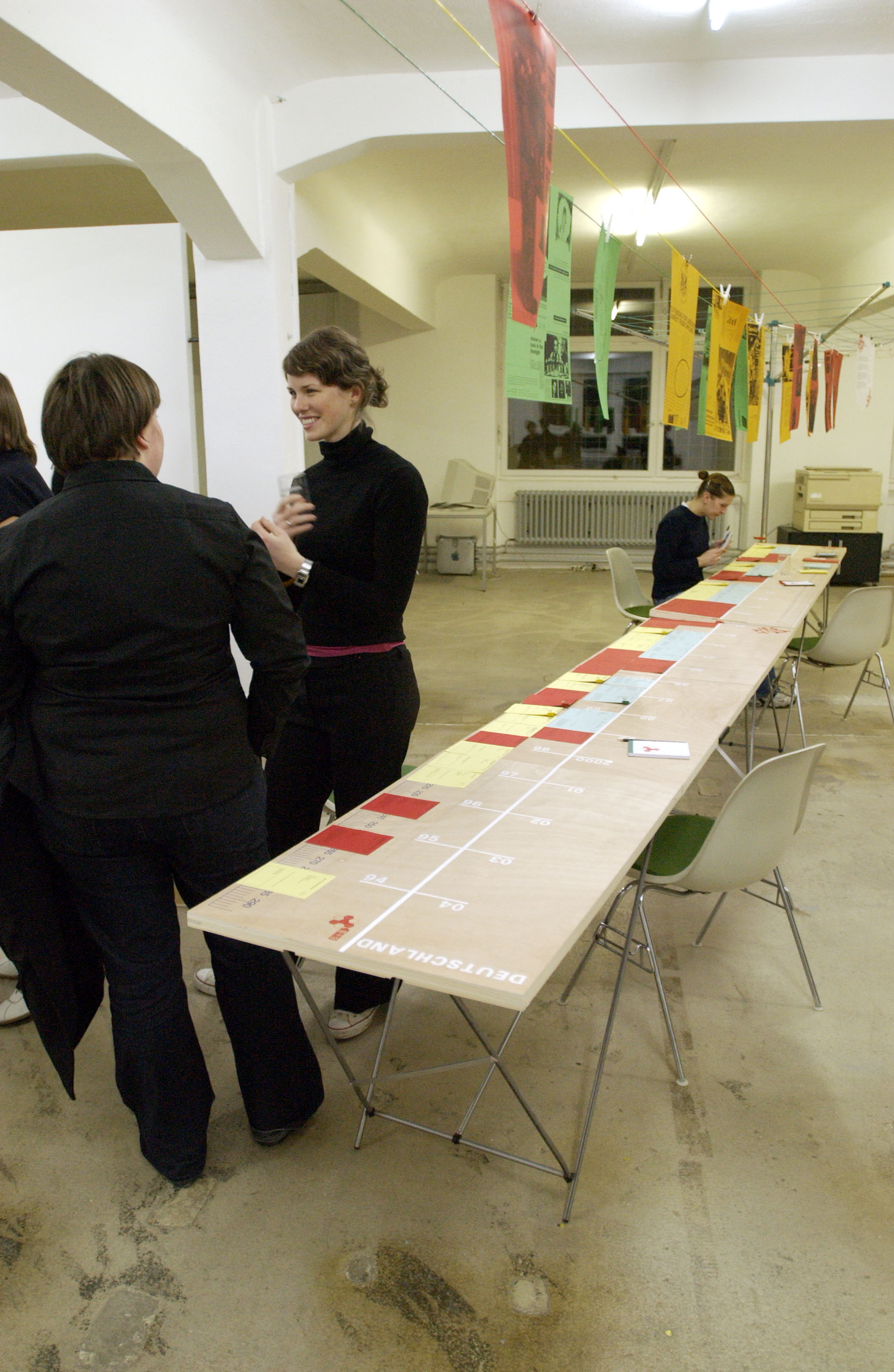
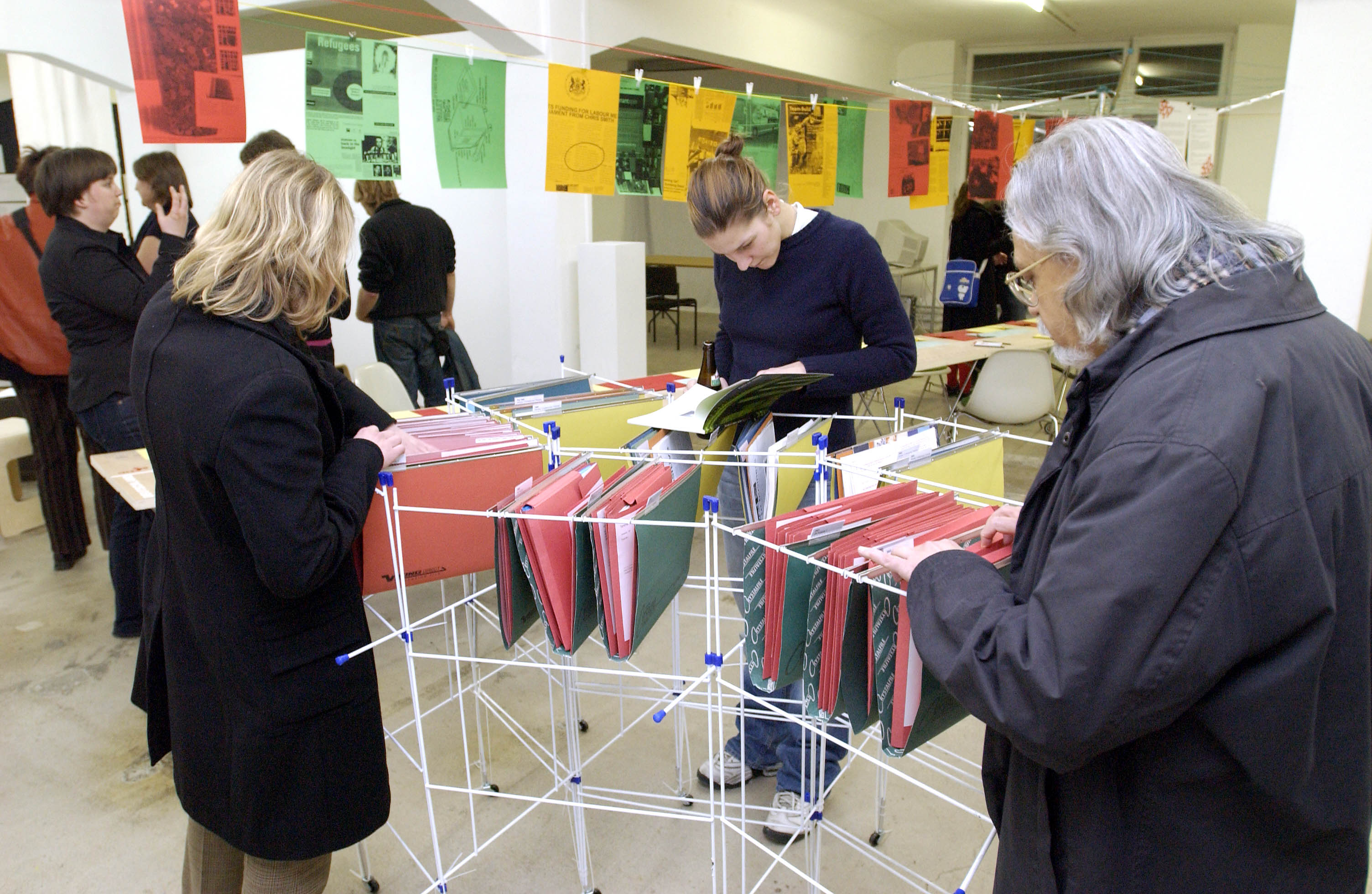

During Filmwinter Festival 2004, Künstlerhaus continued ist collaboration with Wand 5 and presented a screening of works by Nina Könnemann (born 1971) at Stuttgart Filmhaus. The latest edition of A-Clips, which were part of Filmwinter Festival’s trailer, was exhibited at Künstlerhaus.
The starting point of Nina Könnemann’s films are public events: The morning after an open-air event (M.U.D., 2000), a housing estate that was hit by a small tornado (Tourbillon, 1999) and an entertainment strip in an English harbor city that was devastated by a storm (Pleasure Beach, 2000). The absence of the actual event is what makes these places interesting to Könnemann. She shows groups of people as spectators, participants or players. Könnemann shifts film scenes within chronology, adds post-produced scenes and cuts out others, twisting familiar viewing habits.
The idea behind A-Clips is using the spectators’ attention inside dark movie screening rooms to present them political and creative opinions. As of yet, two editions of short films were produced (1997 and 2000). They were inspired by advertisement aesthetics, which are used in a mocking, ironic manner. Each A-Clip is about 50 seconds and is screened in between the advertisement block before the main movie screening. The 55 A-Clips that are exhibited at Künstlerhaus, were produced in April 2003 in Berlin, London and Los Angeles. The main topic is “inner uncertainty”, the results, however, are very diverse.
Künstlerhaus invited its former managers and art directors Uli Bernhardt, Prof. Heidemarie von Wedel (Merz Acacademy) and Prof. Hermann Pitz (Art Academy Munich) to a conversation about the collaboration between Künstlerhaus and Büro Berlin during the 1980s.
Uli Bernhardt talked about the massive influence of the art districts Soho in New York City on the formation of Künstlerhaus. A crucial point was the combination of production (workshops), presentation (exhibitions) and reflection (discourse) under a single roof. In 1980, Heidemarie von Wedel organized a symposium on the question Künstlerhäuser – wozu? that dealt with the self-organization of creative production and presentation. Back then, representatives of Büro Berlin took part in the symposium which made the connection between Stuttgart and Berlin. Büro Belrin’s former employee Hermann Pitz talked about self-organized structures and the difficulties that they entail.
25 years ago, Stuttgart-based artists created Künstlerhaus society to provide a production and discourse space for creative artists. Over the years, Künstlerhaus gained international reputation by fostering diverse art forms and contributing to current art discourses.
On December 13, there will be great anniversary celebration including an open house, guided workshop tours and presentations. In the evening, rework, Audio Angel and Paukner will put on some music.
25 years of creative work in various fields of art, 25 years of exhibitions, performances and concerts, 25 years of discussions and challenging the limits of creative processes. In December, the archive of Künstlerhaus was opened up to the public under the title Archive – Uncut. After a remodeling process, the archive will be reopened in February 2004, hosting the exhibition Soft Logics.
Künstlerhaus was founded by artists in 1978, offering a self-organized space for various artistic projects. In this first part of the talk series on Künstlerhaus’s self-organized structure, a closer look was taken on the video and audio studios.
As opposed to self-representation, self-organization meant creating an unrestricted working environment aside from the commercial art market. However, developing new space and boosting artistic production wasn’t its only objective. It wanted to create criteria that would enable communication and assessment of contemporary art. Proceeding from the 1960s, new art forms such as performance, video and happening developed which weren’t appropriate for traditional galleries and museums. These highly experimental forms of art required “spaces of action”.
The first location where self-organized art spaces occurred was New York City’s Soho district. A few years later, in 1978, Künstlerhaus was founded as a space for research and experiment.
Otto Kränzler and Evelyn and Reinhard Knoedler were first-generation artists at Künstlerhaus. In 1976, before the founding of Künstlerhaus, Evelyn and Reinhard Knoedler supported by other artists established a video workshop that was later integrated into Künstlerhaus and existed until 1997. By reference to the video archive, Kränzler and the Knoedler’s gave a talk about their experience and memories concerning the establishment of the back-then new medium video.
Following this, Otto Kränzler talked about inspiring collaborations with other artists such as sound collages for a monastery, complex compositions for the State Opera, and the fragmentation of a plant into musical elements with Lithuanian artists. All these projects are examples for self-organized action, having neither a given direction nor a targeted aim. Otto Kränzler has been director of the audio studio for more than 25 years.
The exhibition and event project Reigen took place between September and October 2003 and featured art works by several artist groups. Reigen was opened by Berlin-based artist group Honey-Suckle Company, that presented a room installation named Eswerde. The installation combined clothing and art, objects and music, photography and dance.
The Honey Suckle Company is a community that formed in Berlin in 1995. It had several exhibitions both nationally and internationally. HSC works within the fields of installation, clothing, music, photography, film and video as well as performance and dance.
bildwechsel was founded in 1979 by students of the Art Academy Hamburg to encourage the presence of women in audiovisual media. Since 1986, bildwechsel is an umbrella organization that forms a platform for networking, exchange, representation and actions by female artists and supporters. bildwechsel houses two unique international collections, a video collection and the künstlerinnenarchiv. künstlerinnenarchiv collects materials about female artists from all periods of art as well as art works representing women. Moreover, bildwechsel is a forum for meetings and events. While touring southern Germany with their mobile archive, bildwechsel will come to Stuttgart to present videos, materials and performances.

Künstlerhaus presented a film program including the films Tehran 1380 that deals with the modern housing estate Ekbatan and the short film compilation Mit dem Hochhaus leben that addressed social implications of modern architecture located in the mega city Lagos. In all short films, residents take a precise look at the “anonymous housing blocks” they live in. A special, very immediate atmosphere is created by mobile recording devices: Ella Bergmann-Michels handy Kinamo camera, Hrafnhildur Gunnarsdottir’s DV camera or Marc Isaac’s camera installed inside a high-rise building lift. The film Lagos/Koolhaas rounded off the film program. It deals with an excursion by Dutch architect and theorist Rem Koolhaas, who conducted a field study in the mega city Lagos.
The documentary Tehran 1380 premiered in Stuttgart. The filmmakers Solmaz Shahbazi (architect and filmmaker, Stuttgart) and Tirdad Zolghadr (author and filmmaker, Zurich) were present.
New York based artist and activist Mary Beth Edelson (born in 1933 in East Chicago, Indiana, USA) lives and works in New York City and is seen as a pioneer of the feminist art scene of the 1970s. However, aside from female artist circles she is widely unknown. Within her works, she examines constructions of gender and undermines stereotypical representations of women in a humorous, partly performative manner. As a member of Heresies Collective (with Lucy Lippard, Miriam Schapiro and Joan Snyder), she was involved in the making of the feminist art magazine Heresies. Her political commitment during the 1980s and 1990s involved her membership in WAC (Women’s Action Coalition) and the three-month project Combat Zone (Campaign against Domestic Violence).
The large number of artistic means – sculpture, collage, poster, photography, installations and performance – enables her to create spaces of expression and convey a positive image of “being woman”. Her latest works deal with cinema and the role of female film stars.
Her recently published monograph The Art of Mary Beth Edelson including essays by Laura Cottingham, Alissa Friedman and Linda Aleci ist the first considerable book about Mary Beth Edelson that was designed and published by the artist herself. By presenting various collages and arrangements of text and images, the artist gives insight into her living and working environments and by that highlights the importance of living and working circumstances for her won artistic work.
Reference literature:
The Art of Mary Beth Edelson
With essays by Laura Cottingham, E. Ann Kaplan, Alissa Friedman, Paul Bloodgood and Linda Aleci and a timeline by Amy Treveloyn and Mary Beth Edelson. New York: Seven Cycles, 2002
>redirect organizes its last events series at Künstlerhaus. The project uses materials of the present context that has been developed at the beginning of the haus.0 program in 1999, and at the same time, it refrains from possible future shapes. >redirect suggests a separation of the lines between fiction and history to form a fragile room in which an identity for 21st century Künstlerhaus can be recreated.
The room in which >redirect takes place, constitutes of a theoretical force field of attraction and repulsion and houses an exhibition of works that were created at Künstlerhaus between 1999 and 2002. The force field is located within an arrangement of different practices that form constellations of various filmic, artistic, historical or theoretical discourses.
Selected film screenings, talks and performances extend these dynamics by introducing a specific interpretation of “mass media” and by contrasting identities of early cinematic forms to its nationalist contexts. By relocating time and space of ritual obsession, synthetic samples of voices and the production of discursive forms of resistance, a territorial stream comes to light.
Stimulated by sociopolitical and cultural dynamics, breaking ties within the development of identities become visible
Veranstalungen im Rahmen der Ausstellung:
16.11.2002
Screening and talk by Noël Burch (USA/F)
What Do Those Old Films Mean? (1985)
Part 2: Tomorrow the World (USA, 1902-1914), 26 min.
Part 4: The Enemy Below (F, 1906-1922), 26 min.
D: Noël Burch
17.11.2002
Screenings
Portrait of Shirley Clarke (1996)
D: Noël Burch, André Labarthe
Black and White in Color, Part 1 (1992)
D: Isaac Julien
23.11.2002
Screenings and talk by John Akomfrah (GB)
Last Angel of History (1996)
D: John Akomfrah
B: Edward George
24.11.2002
Talk by Mark Rakatansky (USA)
Theme as Variation: A Few of My Things
12.12.2002
Talk by Dr. Eva Hohenberger, film theorist (G)
Institute for Media Studies at the Ruhr University Bochum.
Les Maîtres Fous (1955), 30 min, 16 mm video copy (Englisch)
D: Jean Rouch
14.12.2002
Screening and talk by Rafi Segal, architect (Rafi Segal/Eyal Weizman Architects, Tel Aviv)
A Civilian Occupation – The Politics of Israeli Architecture
This series of talks and film screenings deals with questions of gender and identity from a feminist perspective. The series’ introduction forms a film program.
Is there a way to avoid the category “gender” and prevalent gender relations within society? What are the subversive strategies and resistive practices that are being used and where do we find them? Which spaces of society are taken over by women, which spaces are created and which dissident positions are represented?
Film program:
17.07.2002
Forbidden fruit, 30 min, Mutare, Zimbabwe/Chemnitz, Deutschland, 2000, Sue Maluwa Bruce
The Righteous Babes, 50 min., English, 1998, Pratibha Parmar
Hammering it Out, 54 min., English, 2000, Vivian Price
18.07.2002
Talk by Yvonne P. Doderer – Architect, urban researcher / Stuttgart
Geographies Out of Gender?
Talk by Bettina Fritzsche – Social scientist / Berlin
“Süße Jungs” und “starke Frauen” als symbolische Ressourcen bei experimentellen Selbstverortungen in der Fan-Kultur von Mädchen
19.07 2002
Talk by Encarnación Gutiérrez Rodríguez – Doctorand and assistant professor at Institute of Sociology, University of Hamburg / Hamburg
Ethnizität verqueeren – Zu Raum und Performativität
Ute Meta Bauer – Freelance curator, co-curator Documenta 11
Professor for Theory, Practice and Communication of Contemporary Art and vice-principal at Art Academy Vienna / Vienna
First Story – Women Building/New Narratives for the 21st Century
Kim Cascone visits Künstlerhaus for a talk about his sound production. The core of his works is the concept of algorithm that has in particular influenced his “systematic-musical” compositions during the 1970s.
Cascone programs his Ambient Industrial Music-Productions in Max/MSP. His compositions often refer to film scores, contemporary theoretic discourses and new information technologies.
Kim Cascone has been working in the field of electronic music production for a long time. He graduated from Berklee College of Music in the early 1970s and continued his studies with instructor Dana McCurdy at the New School, New York City in 1976.
The group Missing Link was founded in 1970 by Angela Hareiter, Otto Kapfinger and Adolf Krischanitz as a so-called “work group”. Back then, all three artists were students at the Technical University of Vienna.
Chronologically and historically, the group is embedded into a Viennese experimental architecture movement that formed during the 1960s and included well-known architects such as Hans Hollein, Haus-Rucker-Co and COOP Himmelblau.
A unifying and significant feature of the group members’ generation of young architects was the desire for construction opportunities that could reflect post-war conditions by realizing new ideas and concepts. This desire became the basis for a particular “Viennese synthesis” including various contemporary architecture styles such as American pop culture or theoretical approaches.
The group communicated their ideas of space and architecture in public space – a challenge for social habits that were omnipresent in the static architecture of Vienna that was built during the 19th century. They created a number of behavioristic, futurist and pop cultural approaches that contained pneumatic architecture, performances and theorist manifests.
Genetics of the Wild City is a research project that was developed by Berlage Institute, Postgraduate Laboratory for Architecture, Rotterdam and Stealth Group, Rotterdam.
The project Genetics of the Wild City examines the transformation of Belgrade’s urbanity – a city that experienced an abrupt shift from centrally controlled economic growth to atomized economic growth during the post-war period. A large number of anonymous collaborators initiated an evolution of urban space that now dominates principal systems of the city such as commerce, construction and public service. A new, uncontrolled system was established that changed the existing city fundamentally.
On occasion of the screening of the documentary Live from Palestine (2002) and the movie Haifa (1998), haus.0 invited Masharawi to present his works and put them up for discussion.
haus.0 presents films and a talk by Palestinian filmmaker Rashid Masharawi. Masharawi was born in 1962 in the refugee camp Shatii and currently lives in Ramallah. In the course of 20 years, he created significant film works that mainly deal with the status of refugees facing spacial politics that started with the first Intifada stretching over the peace process and lasting until today. Masharawi’s methodology can be seen as a reflection of the production of space. His works contain films (such as Rabab, a film about violence against women in refugee camps or Haifa, a film that was honored at the Cannes Festival) and documentaries. He is founder and director of the Cinema Production Center at Ramallah, which is a space for cultural exchange, production and education for young filmmakers. Moreover, Masharawi founded Mobile Cinema, a mobile cinema, that tours refugee camps.
The art works by Ericson and Ziegler deal with everyday occurrences symbolized as object trouvées, society symbolized as ready mades and with many other objects, artifacts and buildings that seem invisible, because their ordinariness makes them so visible…
Institutional dynamics require commitment from its associates. In order to specify this commitment, it’s necessary to think about the notion “committed membership”. From the establishment of Künstlerhaus to the launch of haus.0, there has always been a way of commitment that will continue shaping the institutional dynamics of Künstlerhaus in the future.
Series of talks and discussions for members about the concept of Künstlerhaus including conversations with the board members and the artistic director.
Terre Thaemlitz produces theory-oriented computer music for music labels such as Mille Plateaux (Germany), Daisyworld Discs (Japan) and his own label Comatonse Recordings.
He has released seven solo records, two collaborative records (among others with Bill Laswell), several maxi singles and remixes for Golden Palominos, Material, Haruomi Hosono and many more. In his works, Thaemlitz examines different cultural meanings of sound production highlighting its socializing power as well as its capacity to act as a means of individual expression. Thaemlitz wants to create strategic parallels between electroacoustic audio production and anti-essentialist transgenderism. Revealingly, his records can be found in the “Rock/Pop” section at big record stores.
curated by Constanze Ruhm
The project “NICHT löschbares Feuer” focuses on four decades of work from film director Harun Farocki through an artist’s space perspective, in this period of time where a convergence of Farocki materials appear in neighboring regional institutions (ZKM Karlsruhe in the group exhibition CTRL [SPACE], Frankfurter Kunstverein), and the release of a newly published book on his work “Imprint/Nachdruck” (Lukas&Sternberg NY, 2001).
“NICHT löschbares Feuer” introduces an overview of Harun Farocki’s film and video works as well as his work as author and filmcritic (editor and writer of Filmkritik journal, Filmand TAZ Berlin), including his well know installation piece Ich glaubte Gefangene zu sehen along with a first presentation of a new installation with the title Die Maschinen tun ihre Arbeit nicht länger blind which is based on materials Farocki is currently investigating.
The project centers specifically on Farocki’s methodology and practice on the scale of a highly individual artistic approach and convention, that of first and foremost a filmmaker, a documentarist and writer engaged in politics of representation. His strategy connects an ongoing investigation of notions of representation with a search for new principles of montage, for tools that render visible the changing structures of a society. A new technique of framing is employed that allows for comparison, analysis and modification of the political and cultural space of ideas within which representational modes are formulated. These montage principles are applied within various media formats as a form of consistent exploration of the etymology of images, as well as through a technique of re-inscription and re-contextualization within always-new constellations. Farocki relates that to a critique of hegemonical, official forms of representation ranging from subjects like the Vietnam war to Self Managment, Advertisement and sales strategies. Through doubting the truth of that what we see, he reveals the mechanics hidden beneath the surface of images and opens them up to critical rereading and re-interpretation.
Farockis work always begins with a crucial question: What is an image? he asks. What is representation, and how does it relate to that which is represented? By using images to comment on other images, a method he calls “horizontal montage”, Farocki attempts to analyze that which can be found behind their visible surface. One of his long-term projects is concerned with the creation of a collection of filmic “expressions” that could be compared to a dictionary for spoken and written language. In a broad sense, this would include further systems of classification, the organization of image collections by topic and motive or even by their narrative meaning.
Projekt
NICHT löschbares Feuer( d. Harun Farocki. 16mm, b/w, 1968/69, 25 min.)
What Farocki Taught ( d. Jill Godmilow. With Gloria Jean Masciarotte and Ted Mandell. 16mm, b/w and color, 1998, 30 min.)
The project opens with a screening of two films followed by a discussion with the artist. The focus is on production, with Farocki’s film on Vietnam and US manufacture of Napalm, NICHT löschbares Feuer(1968/69), and US filmmaker Jill Godmilow’s 1998 shot-for-shot replica What Farocki Taught. Together, these represent a dialogue between decades where the causality chain of action and reaction within the sensitive field of cultural readings and re-readings becomes visible. As Godmilow writes for this haus.0 presentation: What Farocki Taught is a replica — not a remake, not an homage, not an updating — but a shot-for-shot replica of Harun Farocki’s 1969 film Inextinguishable Fire. It was intended as a repetition of the original. Gertrude Stein once said, ‘Let me repeat what history teaches: History teaches.’ Fireseemed worth repeating.
haus.0 archive www.haussite.net
haus.0 presents a two-day series of Peter Watkin’s works. The film La Commune (Paris 1871) lead the way for upcoming screenings and discussions with audience members, actors and producers of La Commune (Paris 1871).
Moreover, there will be a screening of the documentary The Universal Clock: The Resistance of Peter Watkins by Canadian filmmaker Geoff Bowie that includes scenes of the filming of La Commune. Following this, a number of early amateur films, feature films and a recently conducted interview with the director will be screened.
This haus.0 project was developed following an idea of Peter Watkins to introduce the group Rebond pour La Commune, a network of participants who were involved in the making of the film La Commune (Paris 1871). The group formed during the filming and pushes forward the collective discussion that was started during that time. Caroline Lensing-Hebben, actress and president of the group, and Patrick Watkins, assistant director and casting director, will give a talk about the filming process and the group Rebond.
Film program:
07.12.2002
Talk by Rebond pour La Commune, (Lensing-Hebben, Watkins)
The Universal Clock: The Resistance of Peter Watkins (C 2001)
R: Geoff Bowie, 76 min.
Punishment Park (USA 1971)
R: Peter Watkins, 88mMin.
08.12.2002
Part 1: La Commune (Paris 1871) (F 1999)
R: Peter Watkins, 180 min.
Discussion hosted by Rebond pour La Commune, (Lensing-Hebben, Watkins)
Part 2: La Commune (Paris 1871) (F 1999)
R: Peter Watkins, 180 min.
In this exhibition, three works of art, a constellation of special moments illustrating public space, are arranged to symbolize occupation, appropriation and isolation. Borders are drawn by surveillance systems that dominate the public space. These systems record fragmentary gestures and unexpected body movements, they evocate previous and future transgressions that become material for artistic work.
Each work of art contains performative elements and deals with observation and surveillance. Furthermore it presents architecture as a system that incorporates strategies and limitations in order to define and limit a person’s potential radius of influence. In an unexpected moment of exchange, the economy of the system is disrupted: a punctuation mark in space that releases a subversive potential.
Organized by Constanze Ruhm.
Haus.0 archive www.haussite.net
All talks and movie screenings within the series Halluzinationer deal with „technologies of power“, with urban structures as projection surfaces for social imaginaries and fictions. A core theme is the role of art in postrevolutionary societies and its capacity to carry forward unfinished historic dialogues.
This series of conversations, talks and film screenings highlights the special value of informal discussions that will be turned into a narrative within the haus.0 program. The program is an attempt to consolidate various narrative threads from the previous program editions in order to give direction for future productions. Artists and theorists that have contributed to the haus.0 program during the last three years will be present forming a work group.
The focus of this workshop is on scripting a dialog-based process through the agency of the play Marat/Sade by Peter Weiss. This process is structured as an open performative scenario within a precise framework. The material discussed over the course of the workshop day, at a specific “recollection” point within the process, is transcribed directly to the computer.
M/SOS works with the notion of “unfinished dialogs” structuring contemporary society and culture, and the role of the art institution in relation to that. haus.0 program initiated this workshop series as a methodological enquiry. M/SOS charts the double-bind and dynamic understood operating between the process of “institutionalization” and “institution”. The first stage came into focus with the 2001/2 program, as expressed by a set of projects that includes Halluzinationer, Peter Watkins La Commune and Ein Prozess.
M/SOS Workshop is conceived and led by Fareed Armaly.
The idea for the exhibition From Girls to Grrrlz – A History of American Female Comics – from Teens to Zines emerged from a visit of the American author and comic artist Trina Robbins at Künstlerhaus. Within the series haus.0, Robbins realized a project that proved that she’s not only a comic artist but also a producer and a chronicler of the comic industry. She proposed to present her own work embedded into the history of female comic artists.
The complete collection of Trina Robbins’ comics is available at the Künstlerhaus library.
American author and comic artist Trina Robbins presents The History of American Female Comics – from Teens to Zines. In her visualized presentation, Trina Robbins will talk about her career in the comic industry, about underground women’s comics and her commitment as “her-storian”.
“Once upon a time there was a woman named Ginger Rogers. She danced like Fred Astaire, yet backwards and on high heels. If a woman is able to do this, it should be more than easy to rescue comics.” – Trina Robbins
The complete collection of Trina Robbins’ comics is available at the Künstlerhaus library.
Haus.0 archive www.haussite.net
Passwor(l)ds
introduces into the exhibition space three artist’s methodologies which analyze issues of autobiography, recollection and the restructuring of the relation between image and voice.
As the title suggests, the concept emphasizes the notion of identity as being shaped by a specific experience inside of a cultural framework, which in order to be accessed requires a specific method, the use of a password, a voice.
Thereby the concept alludes to the structure of identity as something that is neither self evident, nor a static and given condition. A password is needed in order to gain access to a world formatted by media, that on the one hand is based on purely visual materials, and on the other on a voice that recounts, describes, and eventually falls silent.
The project considers these works through the media as artifact, not as fact, and allows for views of the mechanics of media set in relation to the structuring of memory, reminiscence and awareness precisely in regards of the role of the spoken word. The visual footage privileges an individual’s biographical insight contained within the spoken narrative. Thus, within the range of an always very specific time, identity is described as a system which is composed by the agency of media artifacts.
Anri Sala is represented through his film Intervistafrom 1998, as well as Silent Duel, a new project that entails the idea of a ‘video kiosk’ produced as a correspondence to the haus.0 philosophy of the media plug-ins. In Silent Duel Sala draws from memories of films as if those were his own, which in fact, they have become. His approach towards the idea of autobiography is based on the organizing principle of a media format as a collection of film footage.
So the access to memory is defined by the specific media, as well as the visual cores of the media become memories, an exchange process that in Frampton’s work is, being articulated by voices accompanying the passages as photographs burn up as if to release their narrative on a film. In this process also the relation of voice and image is at stake since what is described never matches that what is seen in the frame of the photo. The voice thus not only comments but structures the image.
In Reminiscences of a Journey to Lithuania Mekas tells about the impossibility of really returning to a place from which one has been exiled, and his attempt of reconstructing a past that he only remembers. He collects together pieces of a world that has been almost accidentally framed by his camera, in an attempt of speaking of the past while at the same time reinventing it. Small film diary entries, shifting contexts and timelines, past and present are contained in the frame of an image. One moves from an individual perspective that turns out to be constructed as well to a system that uses footage of films like foot notes, like passwords conjuring up new tales. If it was possible to collect and record one’s dreams, maybe the collection of Sala’s video kiosk would be close to an anticipation of such an endeavour, that found its very origins precisely in the mundane format of consumer vhs.
Hito Steyerl is a Berlin-based filmmaker, freelance journalist and author. From 1987 to 1990, she studied Movie and Documentary Direction with Imamura Shohei and Hara Kazuo in Tokyo. Later on, she worked as assistant director and coordinator for Wim Wenders and resumed her studies in Documentary Direction at the University of Film and Television in Munich.
Illicit Form of Meditation consists of three time-related narratives that are visually represented in the exhibition space: Splitting (1973) by Gordon Matta Clark; Halcion Sleep (1994) by Rodney Graham and Evidence (2000) by Constanze Ruhm.
All three soundless works are meditations inspired by Matta-Clark’s quotations. They direct the spectator’s sight on social structures and architectures, collective pictorial worlds and forms of remembrance that illustrate the potentially scary constructions of supposedly familiar phenomenons.
compute [musik] r is a workshop series presented by haus.0 including talks and performances, organized and presented by Florian Hecker.
haus.0 focuses on the video and audio production studios that are core elements of Künstlerhaus. Both studios offer artists various production opportunities and technologies in order to promote experimental forms of creative expression.
The workshop series compute [musik] r discusses transformative space that links analogue electronic sound installations with concepts of the digital computer era. To start off, there will be a conversation with composer Florian Hecker, who will speak about contemporary approaches in digital sound and music production.
Artist and founder of the online art project The Thing Wolfgang Staehle gave a presentation about new developments in the online world and the creation of net.art including insights into Toywar.
Toywar is a game that was developed by artist group etoy in order to prevent their domain to be taken over and the result of a legendary lawsuit between etoy.corporation (artist group established in 1994) and the large e-commerce incorporation eToys Inc. (established in 1996). After eToys sued etoy for their domain rights, etoy counterattacked by launching Toywars in late 1999. As a result, there were countersuits and several data thefts, the commerce commission was activated, online netshelter were installed and in the end, eToys withdrawed its lawsuit. etoy, however, was awarded a prize at Ars Elctronica in 2000.
In October 1999, for the first time after nearly a decade, Künstlerhaus launched an exhibition by artist Jack Goldstein (*1945 in Canada), titled Artist Once-Removed. The exhibition project provided insight into Goldstein’s production concept, which included the production of records and films as well as performances and paintings.
Goldstein’s creative work had high significance within the contemporary American art scene, especially within the context of the so-called “post studio art” that marked the shift between the 1970s and 1980s. The exhibition reflected the notion “post studio art” acknowledging Künstlerhaus as an alternative studio space for artists established in the early 1980s.
Sarah Mansell is a London-based graphic designer, who is committed to developing a feminist syntax. By means of this new syntax, a conceptual strategy will be formulated – within the market-driven system but outside of the company-created framework. The project deals with identity design, branding, recognizability and stereotyping.
In times of transition and change, digital media isn’t solely a subject of technical discussions – and especially not within an institution that holds a mission statement highlighting the significance of contemporary digital media as an artistic means.
Initiating a dynamic process within Künstlerhaus, digital studios will be established and equipped. There will be planning meetings on important topics such as spatial arrangement and use, renovation works, creation of studio spaces, the development of a scholarship program and the realization of an international artistic program.
A series of lectures and discussions on the self-conception of Künstlerhaus for associates, advisory and executive board members as well as artistic directors.
haus.0 archive www.haussite.net
Preservation Club is an ongoing music production project by René Straub (member of ABR Stuttgart and board chairman of Künstlerhaus), that aims at combining common hearing experience with events.
On this evening, :kynstlerhaus invites René Straub to present his work Preservation Club as well as earlier works from the 1960s to the audience.
4b:b4 is both performance and installation art and a form of collaboration between the people involved in the haus.0 program and its associates.
4b:b4 indicates the direction of :kynstlerhaus: It is a narration that leads from the basement across the shelves up to the stage on the 2nd floor and deals with the relationships between production and consume, memory and history, the unfamiliar and the familiar. It is an unusual “spring cleaning” that reveils the remnants of more than 20 years.
The project :kynstlerhaus is dedicated to the founding mission of Künstlerhaus that was established as a production site for artists. This is the core aspect of the haus.0 program.
Künstlerhaus was founded in the transition period between the 1970s and 1980s when general opinions on artistic practices changed fundamentally. This dynamic point in time is the starting point of the project :kynstlerhaus. By using the contemporary as a base, it aims at finding a connection between the many possible forms of past and future. That way, the project opens up perspectives on the future development of the haus.0 program and the institution itself. :kynstlerhaus follows the line of haus.0 by adopting a practice that was firstly introduced during the event Open House in 1999. Projects within the haus.0 series acted as navigators for members and the public, informing them about current developments within Künstlerhaus.
The project :kynstlerhaus interrelates the new program of haus.0 with the institution Künstlerhaus, which is currently in a stage of change. It also represents a transition into a new chapter of the haus.0 program. This chapter includes the continuation of the arts program, further improvements of internal production opportunities (video and audio studios) as well as the installation of a computer workshop. Furthermore, the relationships between program, institution and membership will be examined within performative dialogues.
haus.0 will continue organizing member forums to encourage discussions about the self-conception of Künstlerhaus. On occasion of the presence of two special members, who were significantly involved in previous video productions at Künstlerhaus they decided to establish their own production studios, the In.House series will be continued.
“How did bands such as the Rolling Stones begin with a position of political resistance and end with a desire to play cricket? Like other white male rockers in the late 1960s, the Stones–especially in the personae created by Mick Jagger–played with the image of masculine privilege. The long hair, lipstick and eye make-up, frilly clothes, hip swaggers, pseudo and actual gay male sexuality (Jagger and Bowie), for a moment challenged the imagined and real position of white maleness. But this androgynous promise, like that of political revolution, was short-lived.”
Laura Cottingham, LOVE, SEX, FAME and the LIFE OF THE IMAGE – The Anita Pallenberg Story
haus.0 presents Laura Cottingham for two evenings at Künstlerhaus Stuttgart. The first evening Laura will introduce her current production with Leslie Singer, The Anita Pallenberg Story,with a 30 minute video selection from the forthcoming film, and the second evening she will present her 90 minute videoessay Not For Sale: Feminism and Art in the USA during the 1970sand hold a discussion afer the screening.
In this series perspective, the feminist critic / curator Laura Cottingham discusses her notion of critical engagement specifically informed from her lesbian politics, that appears in her role-playing, gender-shifting collaborative film project with Leslie Singer. haus.0 commissioned from Cottingham a series of writings which would be the nucleus for the new website project LOVE, SEX, FAME and the LIFE OF THE IMAGE. The resulting haus.0 project is not a ‘making-of’, but a specific project underway as is the film The Anita Pallenberg Story,through Cottingham’s updates, unpacking the dynamics of dealing with representation and identity politics in such a form today.
Laura Cottingham is an art critic who lives in New York where, since 1992, she has taught contemporary art issues in the College of Art at the Cooper Union for the Advancement of Science and Art. Her criticism is featured in many recent anthologies and museum catalogues from Europe and the United States, including Hannah Wilke(Copenhagen, 1998); Isn’t It too early for the Eighties yet?(Malmoe, 1998); Claude Cahun(Munich, 1997); Sunshine & Noir(Copenhagen, 1997);Inside the Visible (Boston, 1996); L’art au corps (Marseilles,1996); Sexual Politics(Los Angeles, 1996); The Power of Feminist Art(New York, 1994); Bad Girls(London, 1994); and New Feminist Criticisms(New York, 1993).
She has curated two museum surveys in Europe devoted to feminist issues and history: Incandescentfor NowHereat the Louisiana Museum of Modern Art, Denmark, 1996; and Vraiment feminisme et artat Le Magasin Centre National d’Art Contemporain de Grenoble, France, 1997. A selection of her essays on art, Seeing Through the Seventies,is forthcoming from G & B Arts International (Amsterdam, 1999). A French edition of her 1994 pamphlet How many ‘bad’ feminists does it take to change a lightbulb?is also forthcoming, from Publications, Lyon in 1999. She is also author of lesbians are so chic…(London, 1996).
In addition to writing, Cottingham has been making videos since the early ’90s. Her Not For Sale: Feminism and Art in the USA during the 1970s,1998, a 90-minute art historical survey, premiered at the Museum of Modern Art in May 1998 and has subsequently been show
haus.0 archive www.haussite.net
On the weekends of October 22-23 and 29-30, Geoff Alexander presents a one-hour long program of rarely-seen, short-format 16mm films from the collection of his space, cine16. Alexander describes cine16 as “a weekly cinema held in a basement ‘speakeasy’ in San Jose, California, with programs that focus on the history of the North American educationalfilm. Privately funded, cine16 charges no admission, and accepts no donations.” He considers it “a research project, essentially a laboratory whose findings are shown to cinema fans.” Alexander is currently writing the first history of educational film in North America, which is anticipated to be released in late 2000.
Alexander’s interest in such films has its origins in his own work years ago, as a teacher for students with special educational requirements. While presenting these students the many films he found available in school libraries, he began to consider the characteristics related to their production and reception: what would for him raise some of the material above the categories generally ‘anonymous’ production status; what kind of audience interaction occurs with projecting and viewing these films in and out of their institutional setting. Alexander’s interests brought him to start searching out long-forgotten directors, and compiling research notes. The chance to begin a collection came with the public libraries shift to video, as they began throwing away their 16mm films.
As audiovisual educational media had an emphasised role in postwar American society, it became part of the memories and cognitive experiences linked to a notion of American education. It also embodied how education was to further on become inter-twined with media. Until the late ’80s video economy, several generations would grow up with the short, 16mm educational film projection as the sole purveyor of possible media windows in the classroom. In North America the educational film mandate production keyword was ‘public’. Distribution was offered through schools and films free to rent from libraries.
cine16 as a concept represents how media production became linked to a public as part of the notion of everyday, production of space. He regards the event as important as the material. Before finding the rooms that would allow a screening once a week, his audience of students and public were often introduced to films projected outside on a neighboring building.
Alexander is decidely not operating as an artist nor as sociologist, but introduced cine16 as a type of creative narrative for the public, where the choice of older educational films are the medium. It is a choice and approach that clearly belongs to generation orientating the shift from postwar television to computer media generations, marking off the transition in formats, seeing program and place as one. Placing all program notes over the website www.afana.org, Alexander sets up a communication form, with the educational films seemingly reflecting on themselves, and the cine16 event public noting what occurs in link with these films projection specifically outside of their initial educational framework. Alexander’s descriptions and approach emphasise his subjective take on these films, but he draws a line between avoiding critical interpretation as well as simple fascination in order to bring a public to share first of all his engagement with a form of production. But which production – the original 16mm films or the space? The production is open to experience on October 22, 23 and 29, 30 on the 4th floor of Reuchlinstr.4b. Admission 5.-DM , members free.
haus.0 Archivseite www.haussite.net
Founding members and studio directors will give a talk about the founding idea of the studios and necessary future changes. In the beginning, the In.House series focused on the rules of the institution in order to put initial intentions up for discussion that form the institution’s common base of operation. The upcoming In.House talks will deal with the establishment of several new specialized media studios that will form an integral part of the new self-conception of Künstlerhaus.
Concurrently to the In.House series, the activities of the haus.0 program concentrated on defining a committed form of membership. These discussions among members led to a restructuring of the advisory and executive boards as well as the executive office.
A discussion forum for members about the self-conception of Künstlerhaus, including talks by the advisory and executive boards as well as the artistic directors.
During the first months of the haus.0 series, a discussion forum for members was created serving as a space where the self-conception of Künstlerhaus could be discussed and decided. It aimed at finding common ideas and instructions that would form the foundation of an expressive institution with a clear self-conception.
A discussion forum for members about the self-conception of Künstlerhaus, including talks by the advisory and executive boards as well as the artistic directors.
Only available in German.
During the second part of the project Scripted Spaces: The Chase and The Labyrinth, the result of a workshop from the haus.0 series will be presented: the audio installation The Global L.A. Pavilion.
Within the workshop, numerous Hollywood movies that had been dubbed from English into German were analyzed. All movies contained references to the city Los Angeles. From these movies, the workshop group abstracted short sequences of about 20 seconds length, so-called “memory music”. Those sound pieces were arranged and transferred from one part of the world into another, making obvious that the global notion of L.A. is way more European than any myths and stories suggest.
The Global L.A. Pavilion was produced in collaboration with Otto Kränzler, who is director auf the audio studios and co-founder of Künstlerhaus. On occasion of the workshop, Kränzler installed new sampling devices inside the haus.0 spaces. Kränzler worked as sound engineer for Stockhausen at WDR Radio. His most recent works are associated with contemporary opera.
Norman Klein is professor at California Institute of the Arts, author of publications such as “Seven Minutes: The Life and Death of the Animated Cartoon” and “The History of Forgetting”. He is currently at work on two books, “The Vatican to Vegas: The History of Special Effects”, and “Missing Los Angeles: A Guide to Ruins, Fragments and Obliterated Structures”. A critic, historian and novelist, Klein also has been working on software narrative forms, one entitled “The Freud-Lissitzky Navigator”, the other “Heat and the Social Imaginary of Los Angeles”.
“Scripted Spaces: The Chase and The Labyrinth” reflects in spatial measures Norman Klein’s well-established methodological approach to media, narrative, perception and memory. It all begins with the chase – the primary expression of the American action film and screwball slapstick. Klein takes one example of director Tex Avery, who reinvented the chase through his cartoon versions. Scripted Spaces opens upon the final catastrophic chase in Avery’s cartoon “Bad Luck Blackie”, reconstructing it as if it were an 18th century peephole Kunstkammer only now enlarged to 16 meters. In this updated version the perceptual-based illusion is replaced by a contemporary assemblage of narratives that include an 18th century social navigator and a Renaissance version of the chase.
The cartoon chase is reintroduced at this monumentalized scale in honor of the overblown entertainment economy associated with the special effects movie the one grand export of Global Los Angeles. Thus like casinos, malls and churches, this is a scripted space for the ‘Electronic Baroque’.
Norman Klein developed the project parameters in link with the invitation of the haus.0 program, thus his concept reflects an institution for resource and inquiry, by introducing both a spatial installation which structures the actual rooms to his notion of the labyrinth as a model for hypertext, and audio, video and print media programs selected for the ongoing haus.0 library ‘plug-ins’.
The second part of his project, “Scripted Spaces: The Chase and The Labyrinth” introduces the results from a haus.0 workshop led by Klein in Künstlerhaus. This workshop culminates in an audio installation entitled “The Global L.A. Pavilion”. Participants selected sound samples from Hollywood films dubbed into German, following initial parameters to develop a shared German perspective on the imaginary of the American West. The selected films were set in L.A. or ‘the West’. Klein considers the workshop as introducing the sounds produced by the filters of a consumer oriented memory from one side of the world to the next. Like the old alliance between European film makers and Hollywood this is an ironic alliance again showing how the global image of L.A. is much more European than the myth suggests.
text: Fareed Armaly
photo: installation view, “Scripted Spaces: The Chase and the Labyrinth”
haus.0 Archivseite www.haussite.net
The Melrose Plays
Teil 1: Das Drama und das Netz
Teil 2: Drehbuchentwicklung
Teil 3: Vorbereitung der Dreharbeiten und Casting der Schauspieler für die aus 5 Episoden bestehende Videoserie am Hauptset, der 4. Etage des Künstlerhauses und der “Melrose Place”-Bar
Mit den “Melrose Plays” startet haus.0 unter Leitung des Autors und Regisseurs Rainer Kirberg eine lose Reihe von Veranstaltungen zur Bestandsaufnahme narrativer Systeme in der Alltagskultur – Fernsehen, Film, Internet – wie auch in den mit Kommunikation befassten Wissenschaften. Diese Veranstaltungen bewegen sich zwischen Vortrag, Workshop, Performance und Videoinszenierung. Sie werden in das Internet-Projekt P’s Memory münden, das im nahen Jahr 2000 ins Netz geht.
Rainer Kirberg ist Drehbuchautor, Regisseur und dramaturgischer Berater. Seine Arbeit umfasst verschiedenste filmische Genres. Er inszenierte Musik- und Werbeclips ebenso wie Kurzfilme, Kurzspielfilme und drei abendfüllende Spielfilme. Daneben arbeitet er mit Installationen und Performances im Grenzbereich der Kunst.
Seit Beginn der 90er Jahre hat sich Rainer Kirberg aufs Schreiben für den Film konzentriert. Als Drehbuchautor entwickelte er verschiedene heterogene Formate wie Independent-Spielfilme und Daily Soaps (Gute Zeiten – Schlechte Zeiten, Mallorca). In näherer Zukunft soll wieder die Inszenierung eigener Stoffe im Vordergrund stehen.
Im Rahmen seiner Tätigkeit als Autor gilt Kirbergs Interesse speziell der Mathematik des Erzählens. Die dramatische Struktur von Geschichten ist für ihn nicht bloßes Hilfsmittel, um Erzählungen “unterhaltsamer” oder “spannender” zu machen – sie wird selbst zum Bestandteil der Arbeit. Diese selbstreferenzielle Methode unterscheidet seine Arbeit auf kontroverse Art vom Mainstream-Film.
Part I
Das Drama und das Netz
Chronologisches und simultanes Denken Jeder Text ist eine chronologische Reihung von Informationen, gehorcht also – selbst in rudimentärer oder dekonstruktiver Form – der linearen Struktur des Narrativen. Diese Eigenart macht den Text auf den ersten Blick inkompatibel mit der geflechtartigen Struktur des digitalen Netzes, deren Gestalt er im Hypertext annimmt.
Von Hypertext sprechen wir im Zusammenhang mit der simultanen Existenzform der Texte im Netz. Hypertext bezeichnet das virtuelle Textarsenal, das sich aus der technologischen Koexistenz von Informationen in ihrer unendlichen Kombinierbarkeit ergibt. Daß diese Simultaneität von Textereignissen eigentlich ein Paradox ist, zeigt sich in der spezifischen Produktivkraft des Users, die ihn nutzbar macht: an der Schnittstelle zwischen Netz und Gehirn wird der Text den Gesetzen des Linearen, Chronologischen anverwandelt.
Der Theorie der Narration zufolge ist die Verarbeitung von Informationen nach Maßgabe chronologischer Erlebbarkeit ein Basisakt des menschlichen Gehirns, der in der Auseinandersetzung mit Wirklichkeit gleichsam automatisch vollzogen wird. Das Simultane, allumfassend Gegenwärtige aber, das dem User in der digitalen Welt entgegentritt, fordert die Mittel heraus, die seinem Denkapparat zur Verfügung stehen, um komplexe Zusammenhänge “mit einem Blick” zu erfassen: er muß mit intuitiver Intelligenz und seinem visuellen Gedächtnis operieren.
Auch wenn der User also nie auf das chronologische Denken wird verzichten können, steht doch der Moment an, der Aufgabe der simultanen Wahrnehmung der Welt ein adäquates mentales Instrumentarium zur Seite zu stellen. In ihrem Resultat zumindest ist dieses gar nicht so weit entfernt von dem Ideal der Narratologen: die Welt an der Linearität der Erzählung entlang als simultanes Gebilde – eine Art innere Skulptur – zu repräsentieren.
Kognitives und dramatisches Handeln
Schon in der Basistätigkeit des “Surfens” oder Navigierens im Netz ist Chronos als Strukturprinzip inhärent: der User begibt sich auf eine Reise, ausgehend von einem Punkt steuert er ein Ziel an, er initiiert einen Vorgang mit Anfang und Ende. Auch wenn dieser Akt, der Struktur des Netzes entsprechend, minder intentional ist (die Reise mag sogar – Prinzip des Nomaden – ihren Sinn in sich selbst haben), folgt der User doch immer der Neugier auf das im Netz gespeicherte Wissen. Das Bedürfnis, das ihn antreibt, ist also zunächst ein kognitives.
Das Bild der Reise ins Unbekannte weckt aber auch Gedanken an Abenteuer, Gefahren, unvorhergesehene Ereignisse – kurz: dramatische Vorstellungen. Nicht zufällig ist einer der frühesten Helden in der Geschichte des Erzählens ein “Navigator”: Odysseus. Zum eigentlichen Abenteuer aber wird das Surfen im Netz erst, wenn dieses nicht nur passive Folie der Neugier des Users ist, sondern aktiv an der Reise teilnimmt. Anders gesagt: Drama entsteht dort, wo der User die Benutzeroberfläche für einen Kommunikationsakt nutzt.
Wie das chronologische und das simultane Denken verhalten sich auch kognitives und dramatisches Bedürfnis komplementär zueinander. Entspricht dem indifferenten Wesen des Netzes einerseits die kühle Neugier des kognitiv Forschenden, so ist eben diese Gleichgültigkeit – das Netz ist reine Form, reine Struktur – zugleich idealer Nährboden für dramatische, unzensierte, nicht selten die Grenzen der Legalität und Moral sprengende Leidenschaft.
Durch die Versuchung des maximalen Zugriffs, den das Netz ihm zur Verfügung stellt, wächst dem User darüberhinaus ein Privileg zu, das ihm in den traditionellen dramatischen Künsten nicht geboten wird. Er ist zugleich Konsument und Hersteller des Produkts, das er per Mausklick gekauft hat. Er wandelt sich vom Zuschauer zum Protagonisten der Geschichte, die er am Computer selbst generiert.
Das Drama ist der Rezeption also nicht länger als fertiges Produkt vorausgesetzt, es stellt sich im Prozeß des Konsums überhaupt erst her. Diese Auslagerung in den Kommunikationsakt des Konsumenten mit dem Produkt hat für die Narration eine entscheidende Konsequenz: der User wird Bestandteil des Plots, sein Motiv bestimmt den Verlauf der Geschichte.
Melrose Plays Teaser für Part II + III
19 / 01/ 2000
Workshop / 2.Teil Vortrag
Am 19. Januar 2000 präsentiert Rainer Kirberg im 2. Teil seines Vortrags über narrative Systeme erste Arbeitsergebnisse des Melrose PlaysWorkshops. Weiterer Schwerpunkt des Vortrags ist die Dramaturgie interaktiver Prozesse. Über eine Strukturanalyse klassischer Genres wie Adventure, Strategiespiel, Rollenspiel hinaus wird Rainer Kirberg zwei Modelle interaktiver dramatischer Maschinen vorstellen.
The Melrose Plays Part II
Script Workshop
Für Februar 2000 plant haus.0 die Produktion der “Melrose Plays” – einer Reihe von Video-Kurzspielfilmen, in deren Zentrum die Bar des GALA Committees aus der Serie Melrose Place steht. In Gestalt locker miteinander verknüpfter Episoden variieren die “Melrose Plays” das Thema “Bar” als soziales Interface, als Bühne gegensätzlicher Charaktere, die sie zum idealen Nukleus von Filmgeschichten macht. Die Arbeit an einem solchen Stoff wird jedem Interessierten dazu dienen, sein Wissen über dramatisches Erzählen zu erweitern und seine Fähigkeiten am praktischen Resultat – bis hin zum fertigen Film – zu erproben.
The Melrose Plays Part III
Das Drama und das Netz, Part II
Parallel und ergänzend zur Arbeit des Workshops setzt Rainer Kirberg seinen Vortrag über narrative Systeme am 19. Januar 2000 fort. Im Zentrum des 2. Teils steht die Dramaturgie interaktiver Prozesse bei Computerspielen und Internet-MUDs (Multi-User-Dimensions). Es soll aber nicht bei der bloßen Rezeption bleiben. Über eine Strukturanalyse klassischer Genres wie Adventure, Strategiespiel, Rollenspiel hinaus wird Rainer Kirberg zwei Prototypen interaktiver Dialogmaschinen vorstellen, die derzeit in der Entwicklung sind. haus.0 arbeitet darauf hin, einen dieser Prototypen eines narrativen Generators in der zweiten Arbeitsphase des Script Workshops zur Entwicklung der Dialoge für die “Melrose Plays” experimentell einzusetzen.
Künstlerhaus values print materials as a form of extended communication. In that sense, materials that were created at Künstlerhaus represent the various internal discourses that have occurred over time. Now, for the first time ever, these materials will be published in form of an extensive compilation. The materials include not only documental formats from early years but also more recent program booklets.
:kynstlerhaus follows the line of haus.0 by adopting a practice that was firstly introduced during the event Open House in 1999. Projects within the haus.0 series acted as navigators for members and the public, informing them about current developments within Künstlerhaus.
Since summer 1998, prospective art historians from the Universities of Heidelberg and Stuttgart headed by Dr. Hannelore Paflik-Huber and Nicolaus Schafhausen have been working on the congress Aesthetics that will be held in Frankfurt in late 1999. In Künstlerhaus, first results of their research will be presented and discussed.
The students will present their research on the following artists: Kai Althoff, Fareed Armaly, Matthew Barney, Angela Bulloch, Cosima von Bonin, Plamen Dejanov, Mark Dion, Maria Eichhorn, Roza El-Hassan, Olafur Elliasson, Tracey Emin, Ayse Erkmen, Abdrea Fraser, Rainer Ganahl, Isa Genzken, Liam Gillick, Dan Graham, Joseph Grigely, Johan Grimonprez, Douglas Gordon, Eva Grubinger, Svetlana Heger, Christine Hill, Damien Hirst, Carsten Höller, Pierre Huyghe, Fabrice Hybert, Jodi, Ilya Kabakov, Joachim Koester, Shirin Neshat, Nils Norman, Gabriel Orozco, Jorge Pardo, Dan Peterman, Stephen Pettibon, Manfred Pernice, Tobias Rehberger, Jasaon Rhoades, Piplotti Rist, Julia Scher, Gregor Schneider, Rirkrit Tiravanja, Jeff Wall, Heimo Zobering.
Art society Phase 4 consists of artists from different fields and has invited national and international artists for a two-week series of events. There will be an exhibition at Künstlerhaus and various events around Stuttgart that include performances, theater performances, readings, discussions, live music excursions and wokshops.
Artists come from Stuttgart, Karlsruhe, Frankfurt, Munich, Kassel, Dresden, Berlin, Hamburg, Zurich, Basel, Bern, Vienna, London, New York, Seattle, San Francisco, Rio de Janeiro:
Anwalt-Vernetzungsbehörde, Arosa2000, Büro für werdende Kunst, Der Zug, Downtown Kiosk NY, EC-Bar Zürich, Eduard H. Henschelss symbolische Seiten, Einmal-Label, EXITheater, Fahrradhalle, Farben, Flash Excessive Access, Funkybase, Gagarin, Giant, Gmam, I-Love-You, Icons, Interactor, Interfaces, Isis’ Sichel, Jens Kloppmann, Kassette, Kiosk Bern, Komm-Raum, Kreidler, La Maison Poubelle, Lebensräume, Mac Design, Multipled Media, Museum für werdende Kunst, Nirosta, Nomadenheft, Operation Pac Man, Ost-West, Phase 5, Photo 4, PVC, Robotrace, Schattendasein, Science Club, Sergei Obratzov Egg (Claus Richter, Oliver Hussein, Sergei Jensen), Tauschendverketten, Verschaltungskunst, Wanted, 7:13, and many more.
Organized by Valentin Beinroth, Bert Schnaitmann and Malte Tinnus.
The conference deals with the status and the opportunities of art in central and eastern European countries. It is put up for discussion how art can be communicated and financed in cultural institution of the two regions. For example, how can intercultural collaborations enter a global context? The accompanying program contains presentations of artists and migrants about their creative work and positions.
The congress will be organized by Nicolaus Schafhausen and Dr. Ursula Zeller as well as Institut für Auslandsbeziehungen, Stuttgart (ifa).
Ellen Eckel, Angelika Flaig, Monika Frommer, Ingeborg Hirschmüller-Ohmes, Sabine Hoffmann, Christiane Lesch, Leni Marx, Georg Ozory, Paniki, Sieger Ragg, Siegfried Schmidt, Matthias Schneider Hollek, Christina Schwab, Jutta Störl Strienz, Hans-Jürgen Wolfssturm, Prof. Dr. Böhle, Dr. Ulrike Gauss, Uli Schneider, Thomas Ruppel
Organized by the workshops
Perfomance of Signum and event for the 20th anniversary of the Künstlerhaus
Bovicini collects quotations from classic movies from the 1960s and 1970s. In her video installation for Künstlerhaus, she demonstrates female characterizations in movies that she interprets as typical representations of male filmmakers.
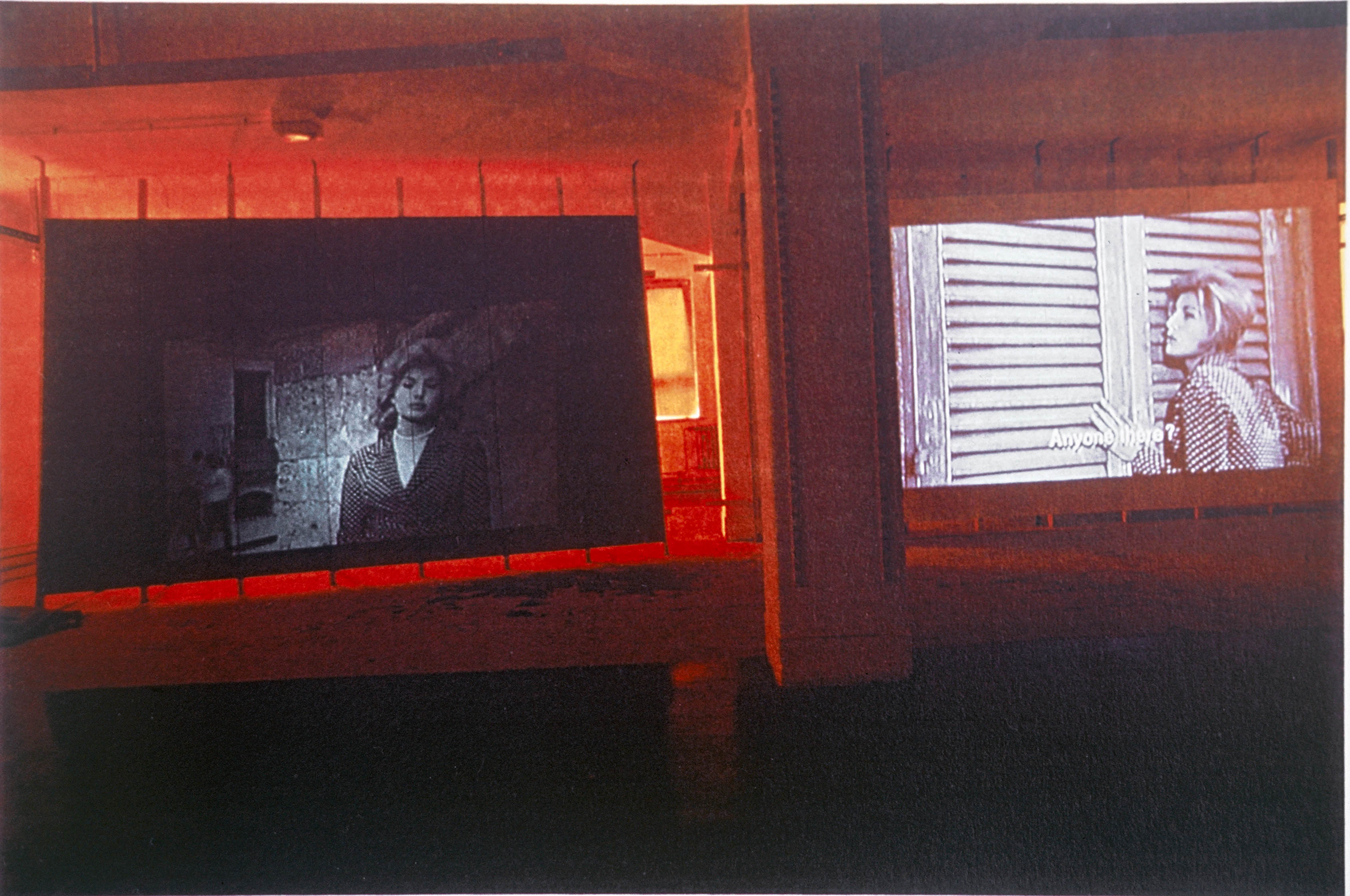
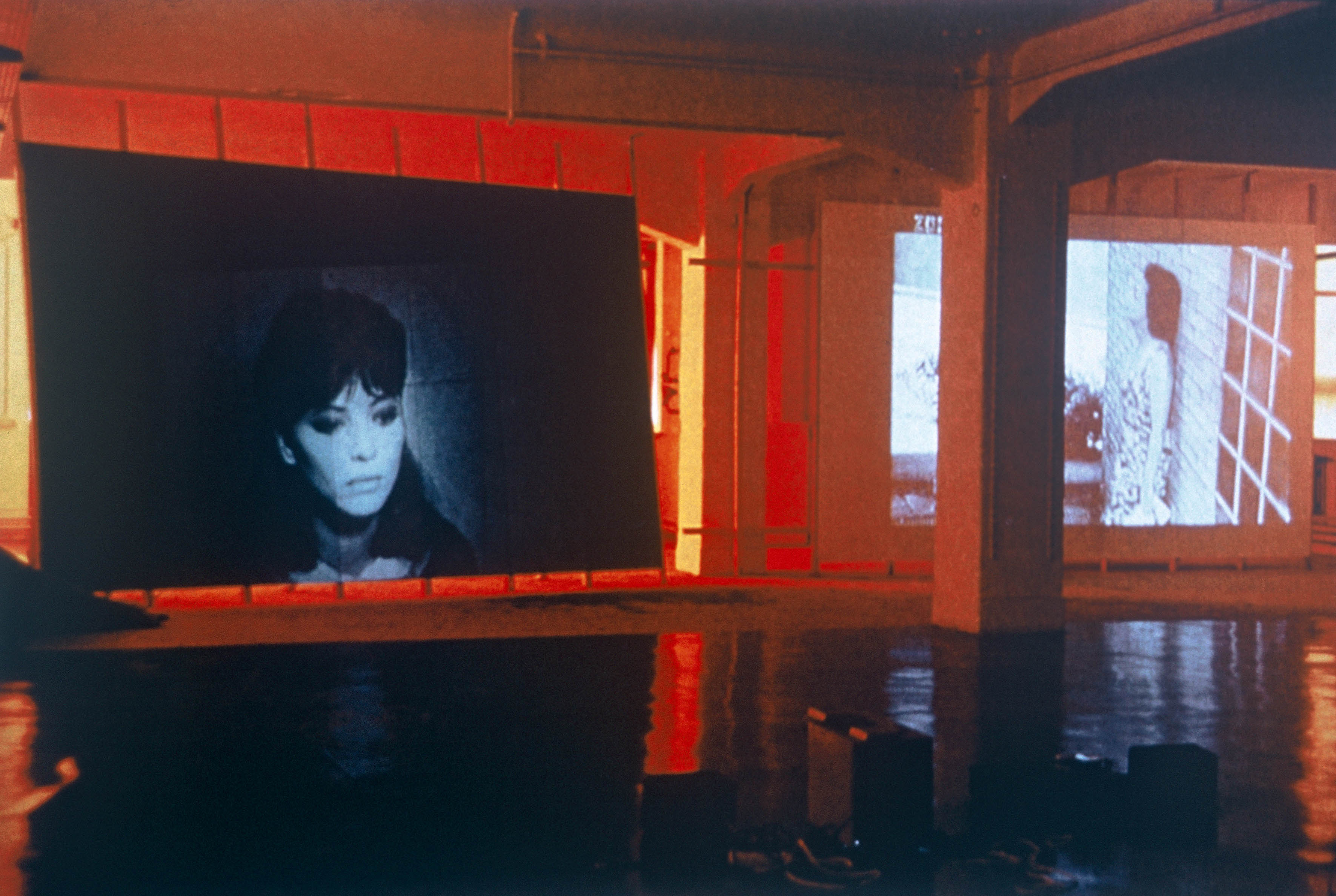
Heidi Specker segmented house fronts made of concrete and used the differently textured fragments to put together new structures. What are the segments that make up the massive “concrete war” that urbanites know just too well?
14 art students from Daniele Buetti’s masterclass at Art Academy Stuttgart present their works that were made in summer 1997 under the title Global Player. The students’ works often include biographic elements.
The event is organized by Art Academy Stuttgart, masterclass Daniele Buetti.
Susanne Reinhardt’s photographs depict a variety of things: sexual desire, money, status symbols, but also alleged minor matters, ugliness and aggressiveness. At first glance, her works seem narrational and easy to comprehend, but in fact they are an ironic mosaic made up of different perception modes.
Künstlerhaus presents a film screening at Communal Cinema Stuttgart: Goshogaoka by Sharon Lockhart (1997, 16 mm, Color, 63 min).
On occasion of the 20th anniversary of Künstlerhaus, Christof Blase and Kurt Weidemann host a discussion between its former artistic directors: Ulrich Bernhard, Veit Görner, Ute Meta Bauer and Nicolaus Schafhausen. The former directors’ different concepts will be reflected and compared.
The photo fanzine Strahlung assembles photo works and text contributions. That way, it counters new virtual media. Strahlung creates an own artificial world, a fully functioning new system of life, all within the format of an easily consumable magazine.
Drawings that were made by use of a computer depict everything that a child of the 1980s needed to be happy: audio equipment, computer games, digital alarm clock and many more.
Gerry Schum’s project Fernsehgalerie is an imaginary exhibition space that is free of the limitations of today’s museum practice. Künstlerhaus presents his productions Identifications and Volume One. In both films, the filmic art piece acts as a medium of communication between the artist and the audience.
Künstlerhaus presents the exhibition and festival opening of the 11th Film Winter Stuttgart on January 7th, 7 pm. Lamelas has always been interested in the borders between genres. In his works, he selectively conveys information so that spectators establish coherency for themselves and create their own personal versions of Lamela’s films.
A workshop in 5 parts (January 7-11, 1998) with California experimental filmmaker Morgan Fisher. Fisher showed a selection of 8 short films. His films are most accurately described as minimalist performance films that focus on the interaction between humans and technology.
In her book, Eva Grubinger deals with political groups and language, „abstract radicalism“ and the arts, the Red Army Fraction (RAF), feminism and Bohème, social hierarchies and telmatic friendship.
Reference literature:
-group.sex, ein Künstlerbuch von Eva Grubinger (Hrsg.)
Englisch/Deutsch, 120 Seiten
Verlag Lukas & Sternberg, Berlin/New York, 1998
ISBN 3-00-00253B-3
Is there a development of fundamental new living environments aside from traditional cities that we should foster? Or should we fight those developments by using all political, economic and planning-related means that we have?
Urban planning model and innovation project 1996/1997 for the region between Weimar and Erfurt.
Krauß created “a parallel structure to the existing Künstlerhaus. A kind of adventure playground for art lovers with many side blows to the concept of the house’s own conversion room.
Berlin-based artist Daniel Pflumm will present his new video production that is linked to his video loops of famous company logos. By accelerating frequencies, Pflumm challenges spectators and illustrates possible television standards of the future. The exhibition will take place in Filmhaus Stuttgart.
In the film series Young Japanese Cinema, the Künstlerhaus will be showing Japanese films dealing with the theme of urban identity from May 22-27, 1997. In their productions, the directors and filmmakers, most of whom were born in the 1970s, unmistakably show how Japan’s economy is exerting increasingly massive pressure on the formation of social and individual views.
Organized in collaboration with film critic Krystian Woznicki.
Nicolaus Schafhausen
Organized by Interface-Symposium on Writing and Language & the Künstlerhaus
The exhibition takes place at the Kunstakademie Stuttgart.
The visitor has the opportunity to be painted after prior registration. Each painted visitor will receive a photo of their own and one of all the paintings created during this time, the block “Poträtsalon”.
In 1995, Klaus Heid undertook an expedition to Siberia to do research on the almost forgotten Khuza people. On the island Olkhon in Lake Baikal, he found traces of their myth-enshrouded culture that he will present during his slide show and video screening.
Akademie Isotrop is a group of Hamburg-based students and self-proclaimed professors. The group currently counts 25 members. Akademie Isotrop describes itself as “indistinct organisation for mutual reinforcement” and aims at establishing an alternative to the institutionalized art schools. The group will present its magazine Isotrop (Hamburg, 1997).
Franz Ackermann, Michel Callies, Michel Majerus, Martin Neumaier, Hendrik Olesen, Andreas Slominski, Sean Snyder, Sebastian Stöhrer, Rirkrit Tiravanija, Christian Zickler
The food was prepared by Florian Waldvogel, who always stood at the stove on Fridays in the Umbauraum and cooked the favorite dishes of artist friends. Especially for this purpose Manfred Pernice built the wooden sculpture “Fiat”, which is a mixture of railroad carriage and counter.
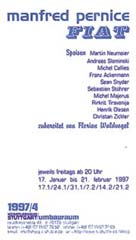
Georg Winter set up an experimental laboratory inside Umbauraum, that will serve as a space for a three-month-long field research. Winter will examine behavioral norms of individual media consumption by using questionnaires.
Sharon Hayes repeats four tapes that were recorded by Patty Hearst and the Symbionese Liberation Army (SLA), by memorizing parts of the spoken text and presenting them to an audience. She equipped the audience with the original text source and asked them to correct her whenever she recited the text incorrectly.
Artists and speakers will present their perspectives on the topic public urban space. What’s the practical value of the publicness that is offered inside Künstlerhaus and other self-organized spaces?
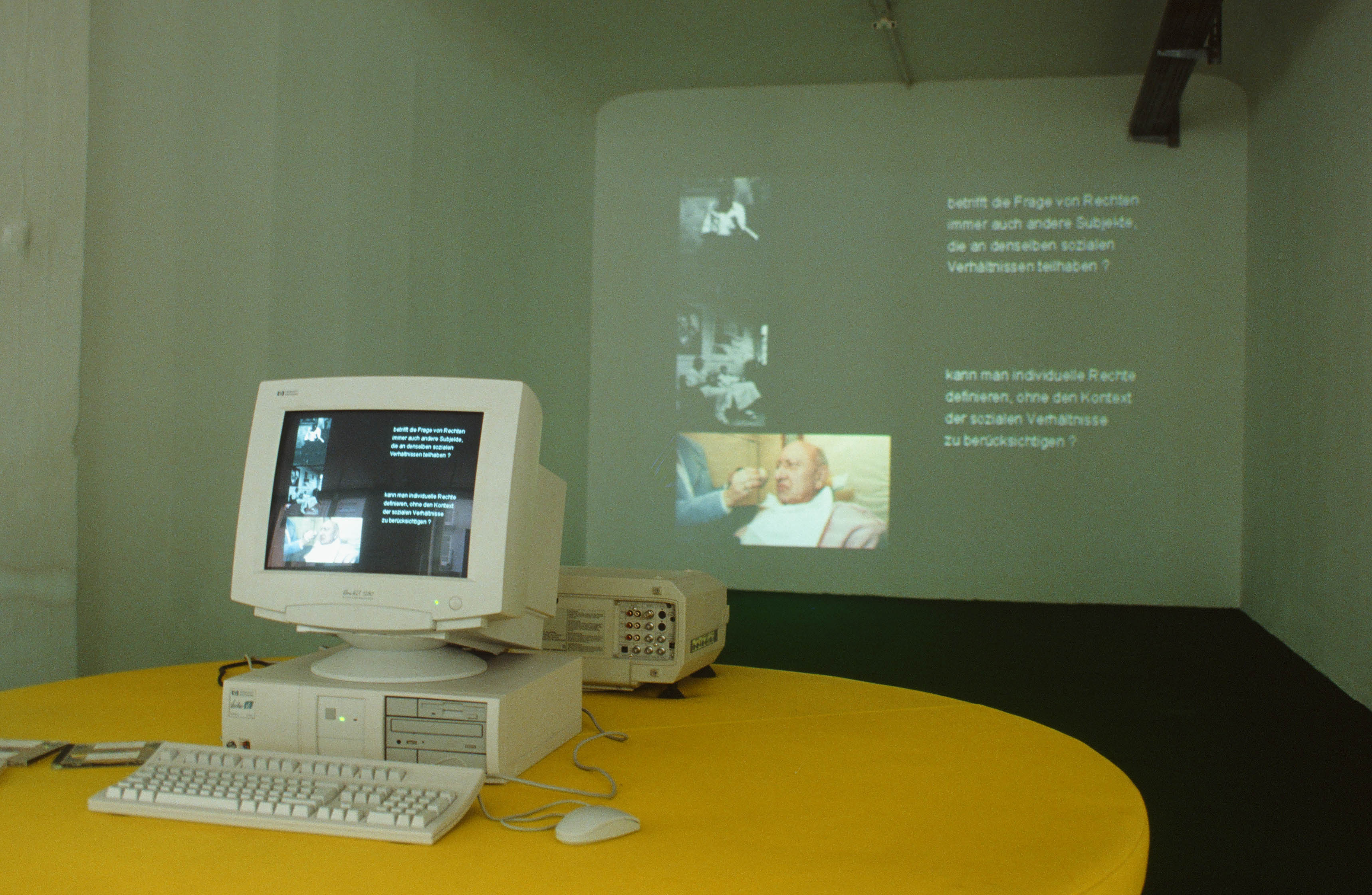

Zeher approaches the time unit ‘day’ in a subjective manner. He systematically strides calendar phases and uses the given rhythm to capture his private life experiences.
Architect, urban planner and artist Edward Grinberg will present his project Domobile: How can cities ensure mobility without negatively influencing urban life quality? Demobile is a radical concept that was developed to solve growing traffic problems within cities.
The exhibition was designed in cooperation with Institut Français.
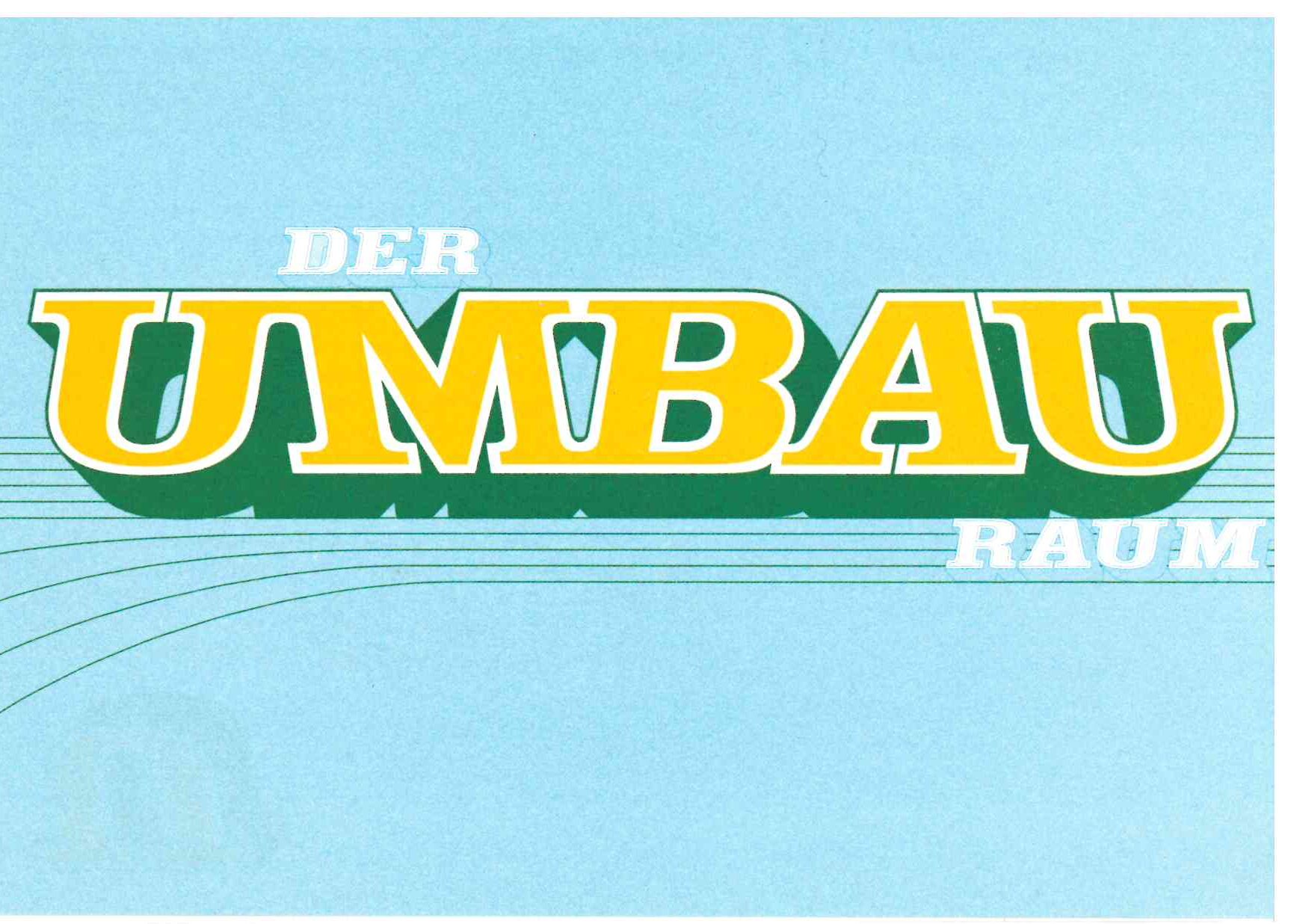
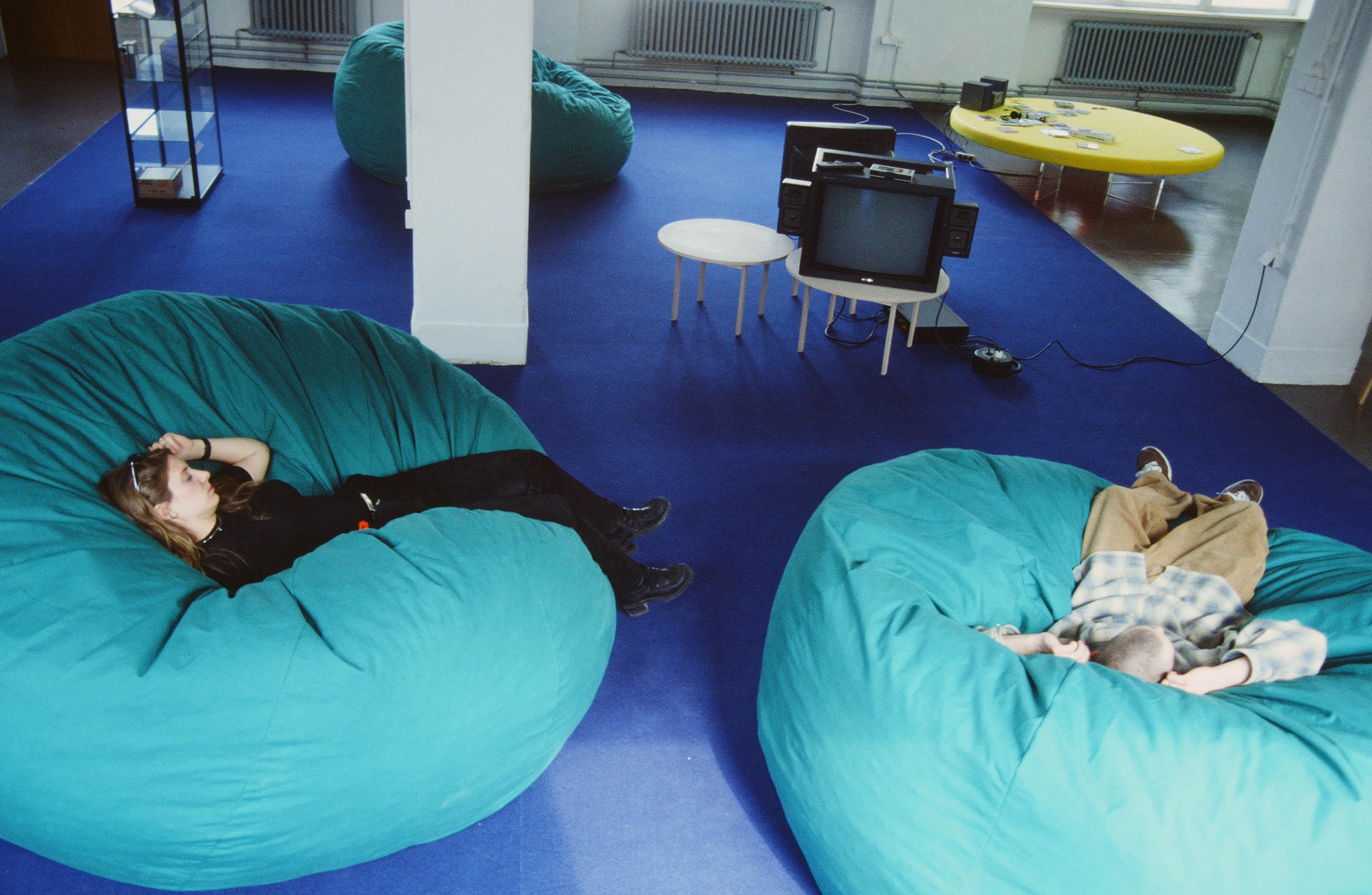

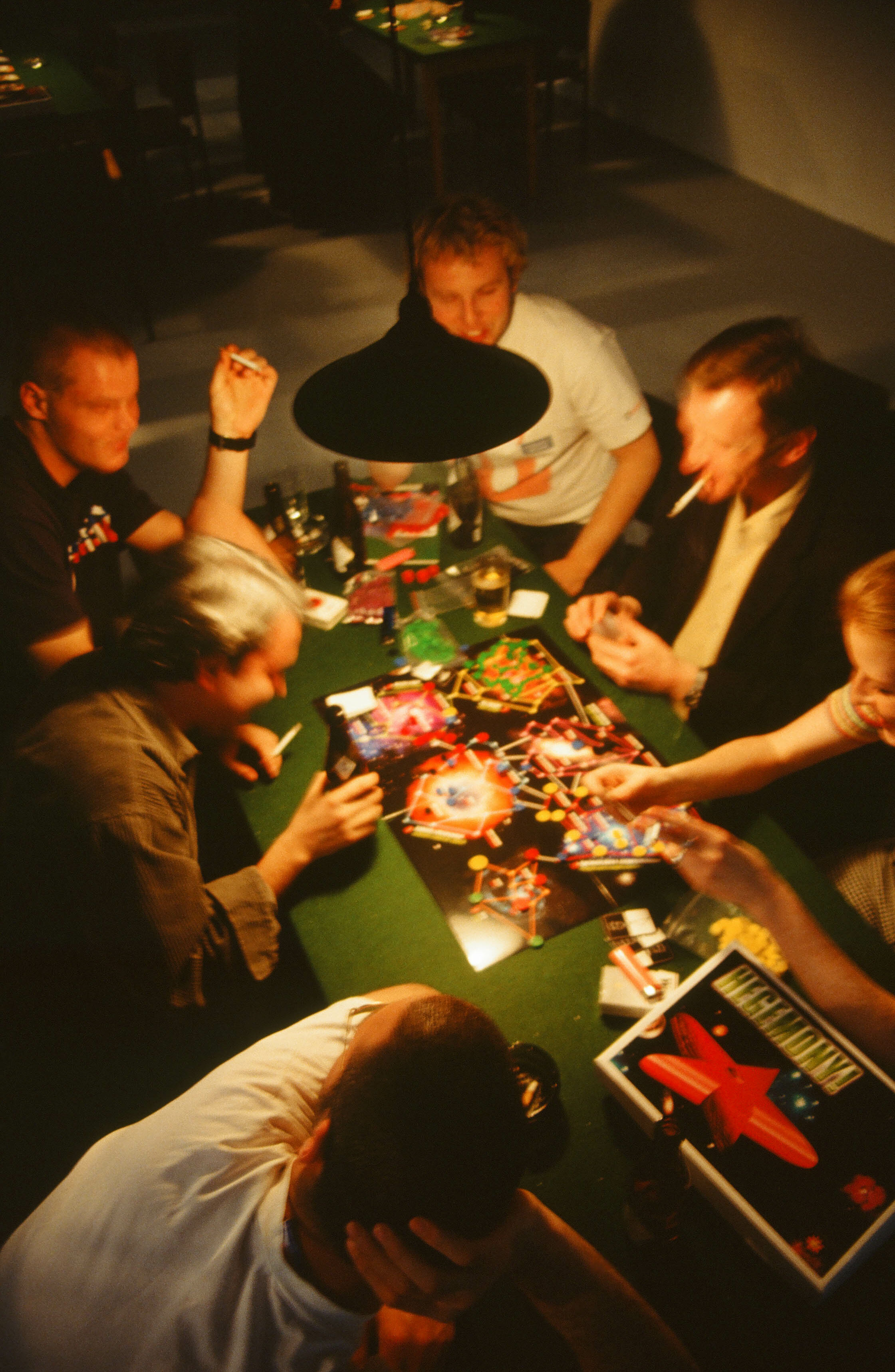
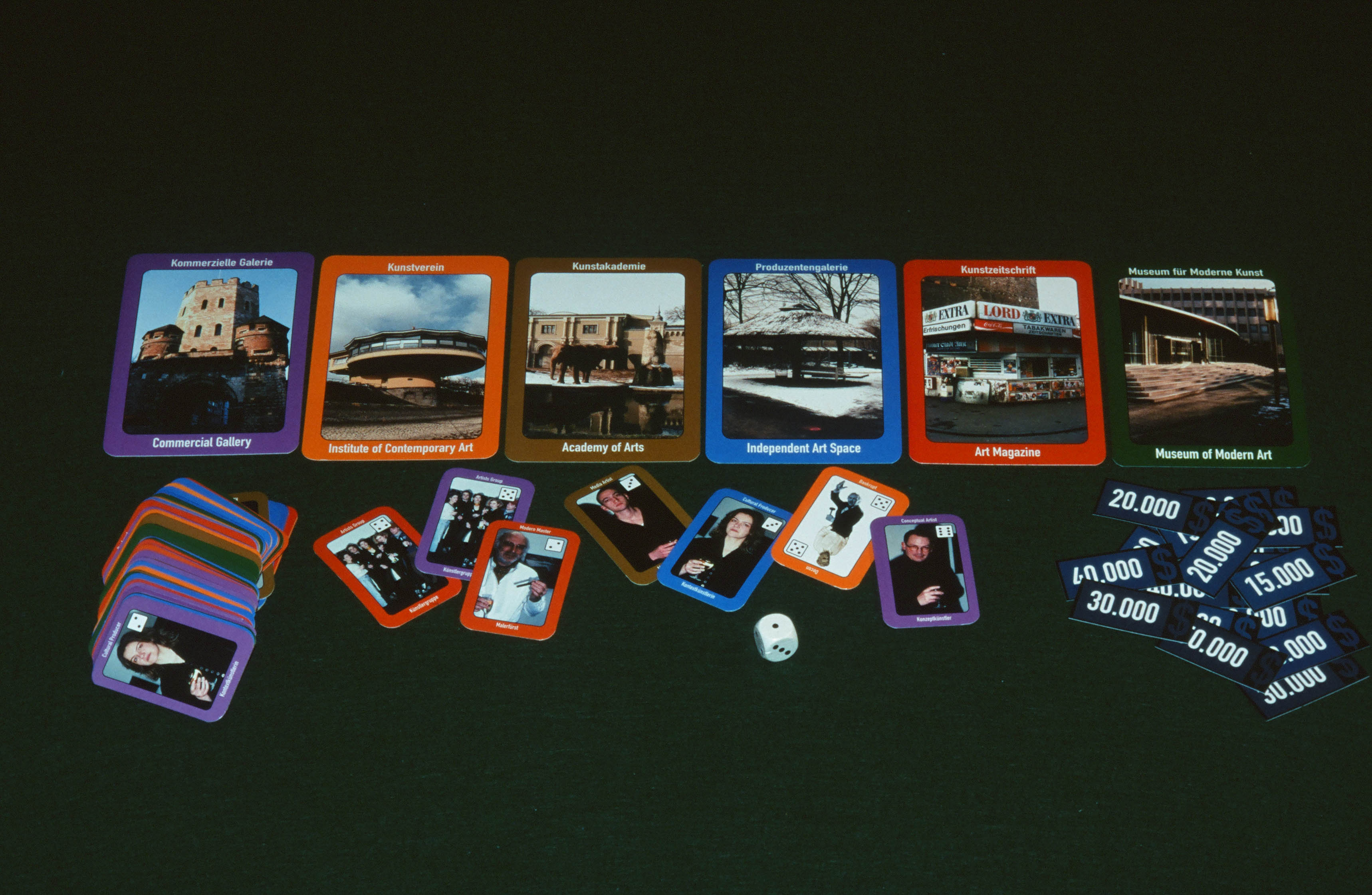
The series contains talks by several agents from the field of cultural policy and exhibition practice:
Markus Brüderlin (Austrian Federal Ministry of Science, Research and Arts) und Martin Fritz
Die Lizenz zum Handeln – Kuratorenprogramm des österreichischen Bundesministeriums und der Kunstraum Wien als beispiele flexibler Kunstförderung und innovativer Projektarbeit
Suzan Bayha, Tina-Marie Friedrich, Beate Tiger Stangl
Allgirls zum Vergnügen – Politik, Programmatik und Strategien der allgirls-Galeristinnen
Nicolaus Schafhausen
Der Entzug der Legitimation – Der Umbau von öffnetlichen Räumen am Beispiel des Künstlerhauses Stuttgart
In 1991, Suzan Bayha, Tina-Marie Friedrich and Beate Tiger Stangl founded a gallery in the back then fallow Mitte district of Berlin in order to offer an exhibition space for the emerging Berlin art scene. In Künstlerhaus, the three artists will talk about their experiences and programs within the cultural remodeling process in Berlin during the early 1990s.
Ganahl hosted several study groups and read with them 25 books about art and philoyophy. All study groups were filmed and photographed – what remains are numerous tapes and photographs that document the project.
The editorial team of the Cologne-based magazine Nummer formed in 1993 and since then exposes overlappings of art and literature. The editors and publishers will visit Künstlerhaus in order to present their magazine and selection criterions.
Christoph Blase will present his online magazine Blitzreview, that informes about recent developments and events within the art scene. It is the first German online magazine of its kind.
Eva Grubinger works with the World Wide Web and will present her concept at Künstlerhaus. The artist developed a computer program named C@C (“computer aided curating”) which is a tool to produce, review, discuss and buy contemporary art.
Media theorist Georg Seeßlen is profoundly convinced that during the post-war period, Germany hasn’t tried to fully and critically clear up Nazi crimes. On the contrary, the Munich-based scientist sees this period as a period of restauration. Seeßlen blames the entertainment industry: “A black hole of shame and guilt” – this is how Seeßlen describes the reception of fascism in entertainment media.
The talk will be organized by Wand 5 and Haus des Dokumentarfilms.
The exhibition presents an overview of Ketty La Rocca’s creative work that dealt with the political and cultural shake-ups of the 1960s and 1970s and included video works, photographs, drawings and installations. Lukas Duwenhögger will talk about his project Probleema, which is a remake of the same-titled painting of the Finnish painter Akseli Gallen Kallela.


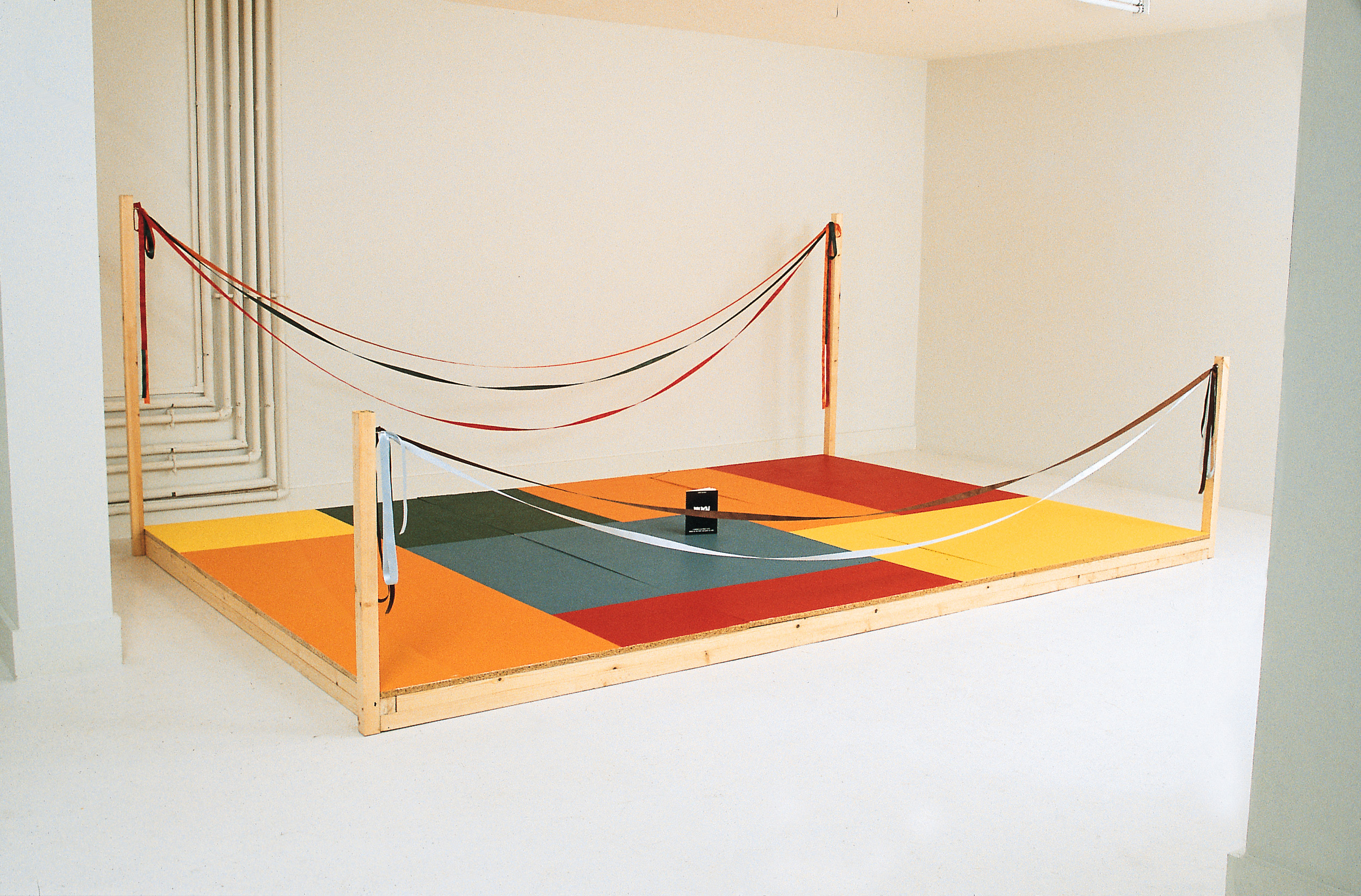
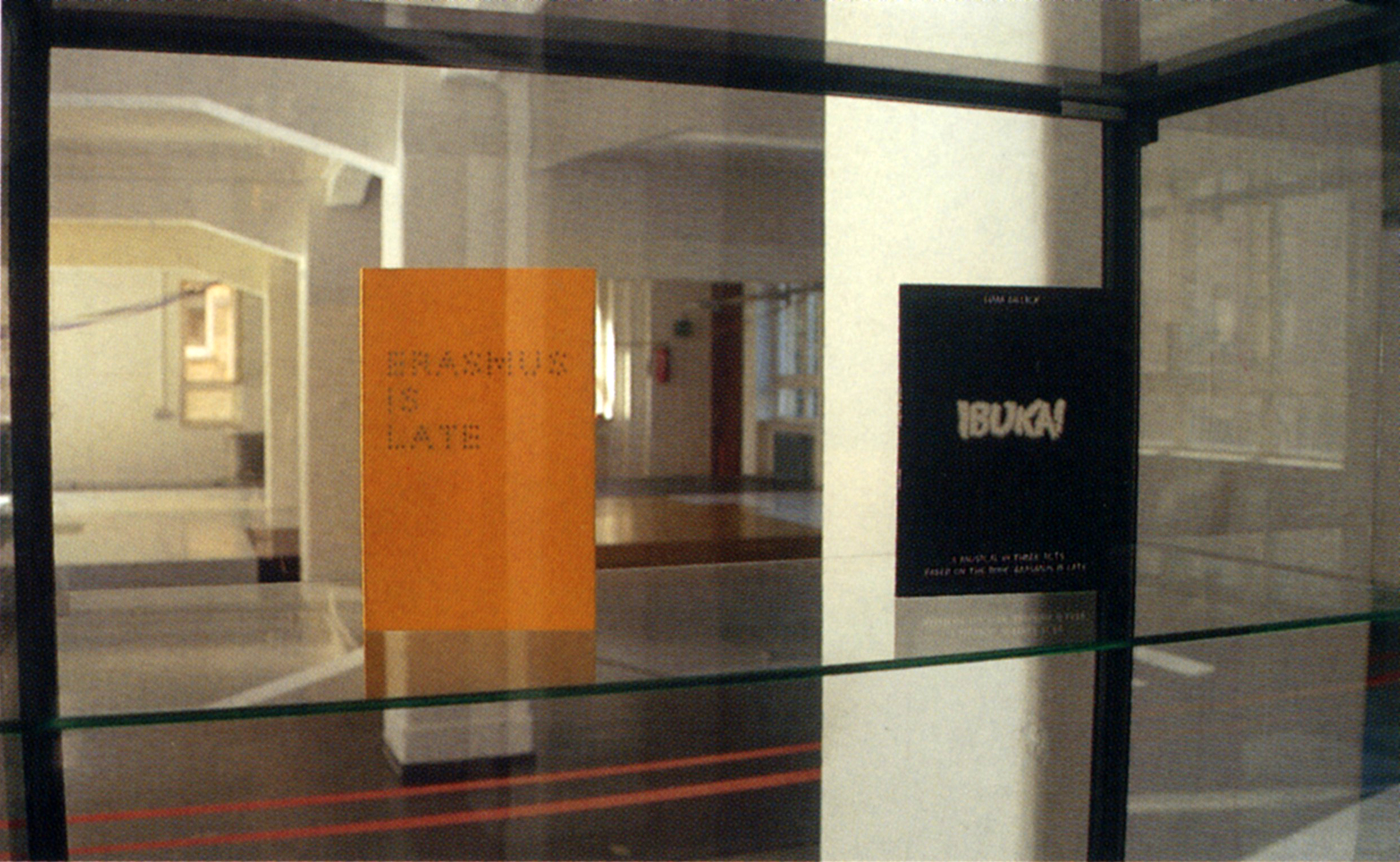
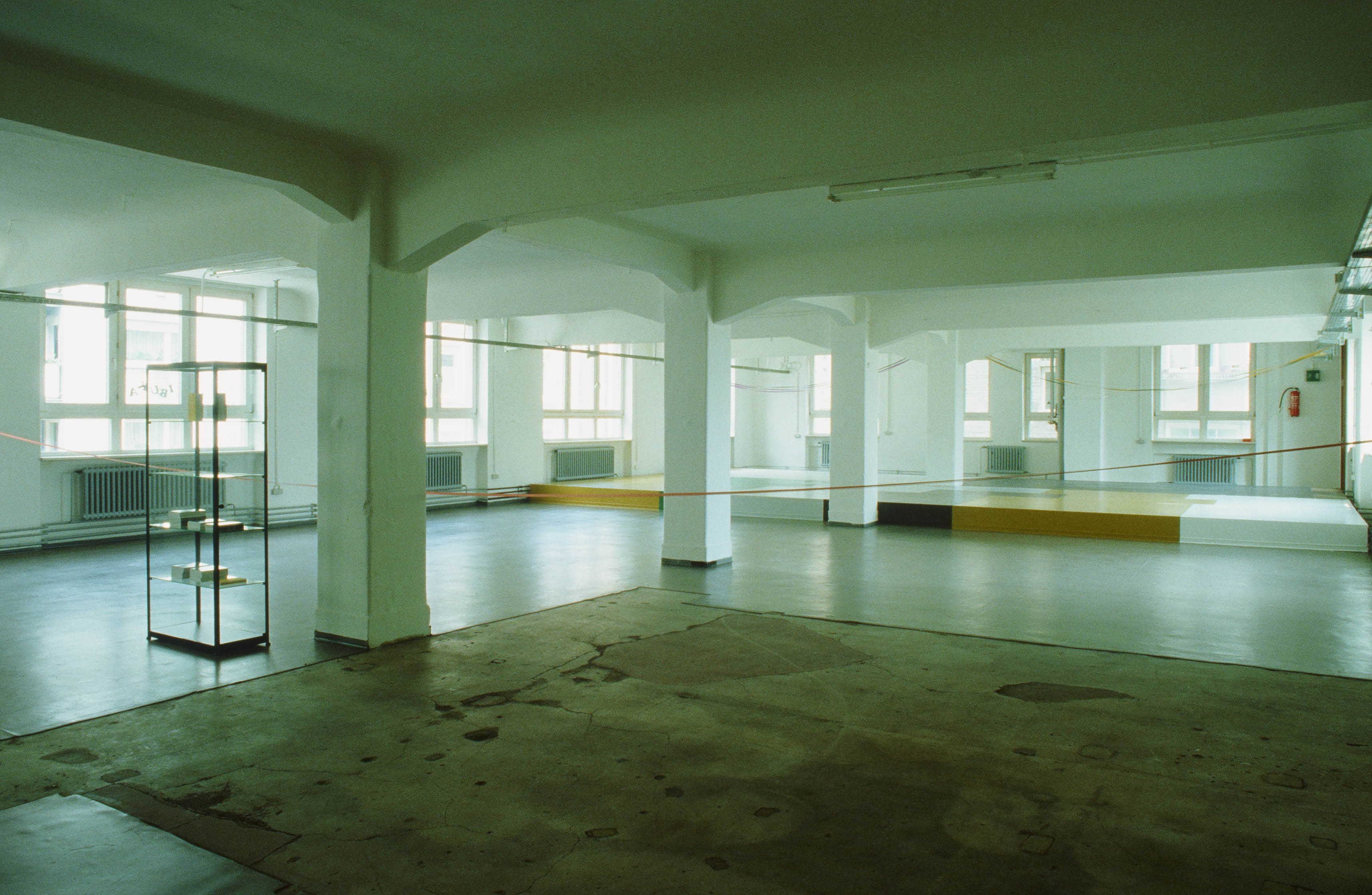
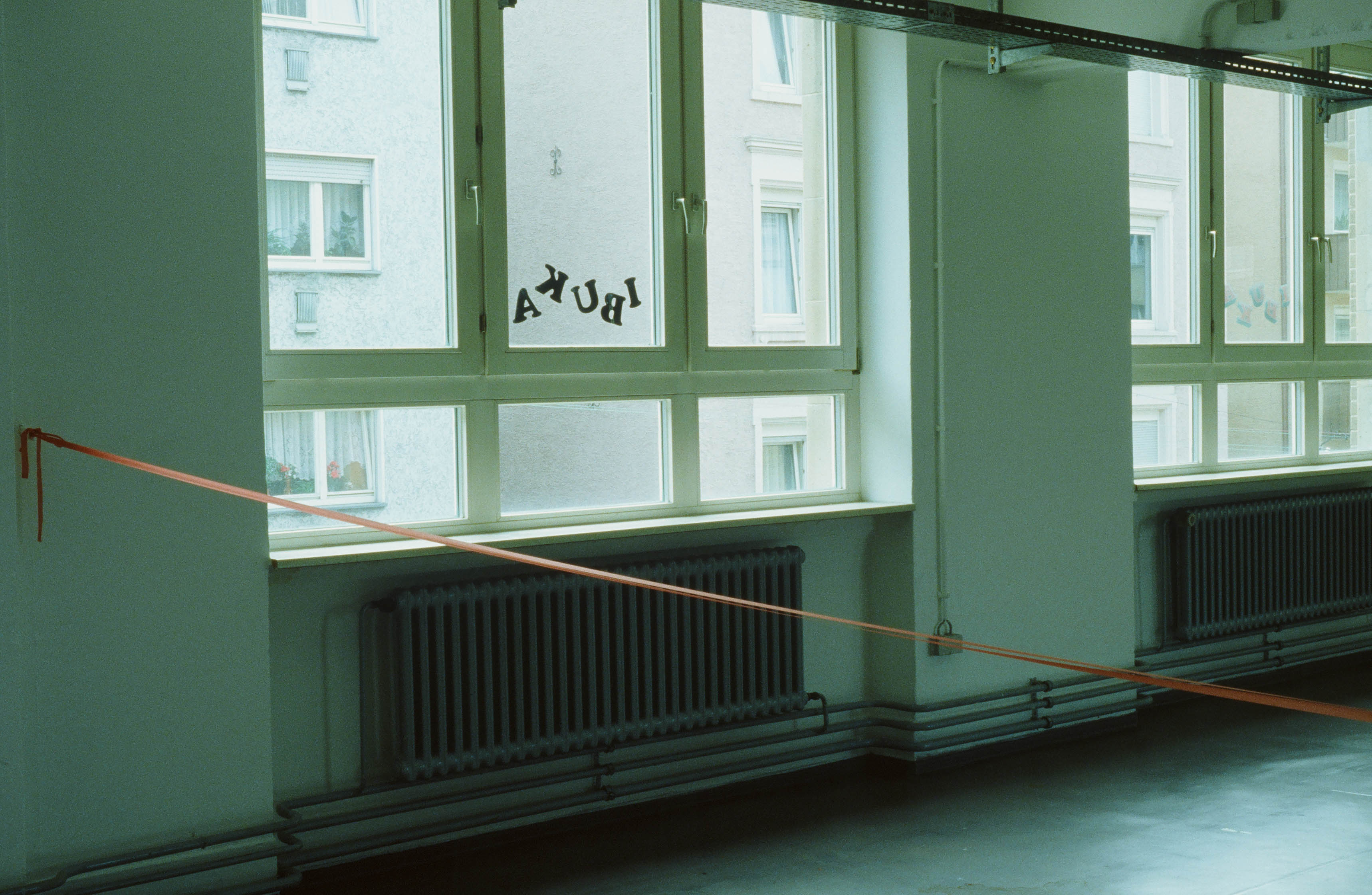
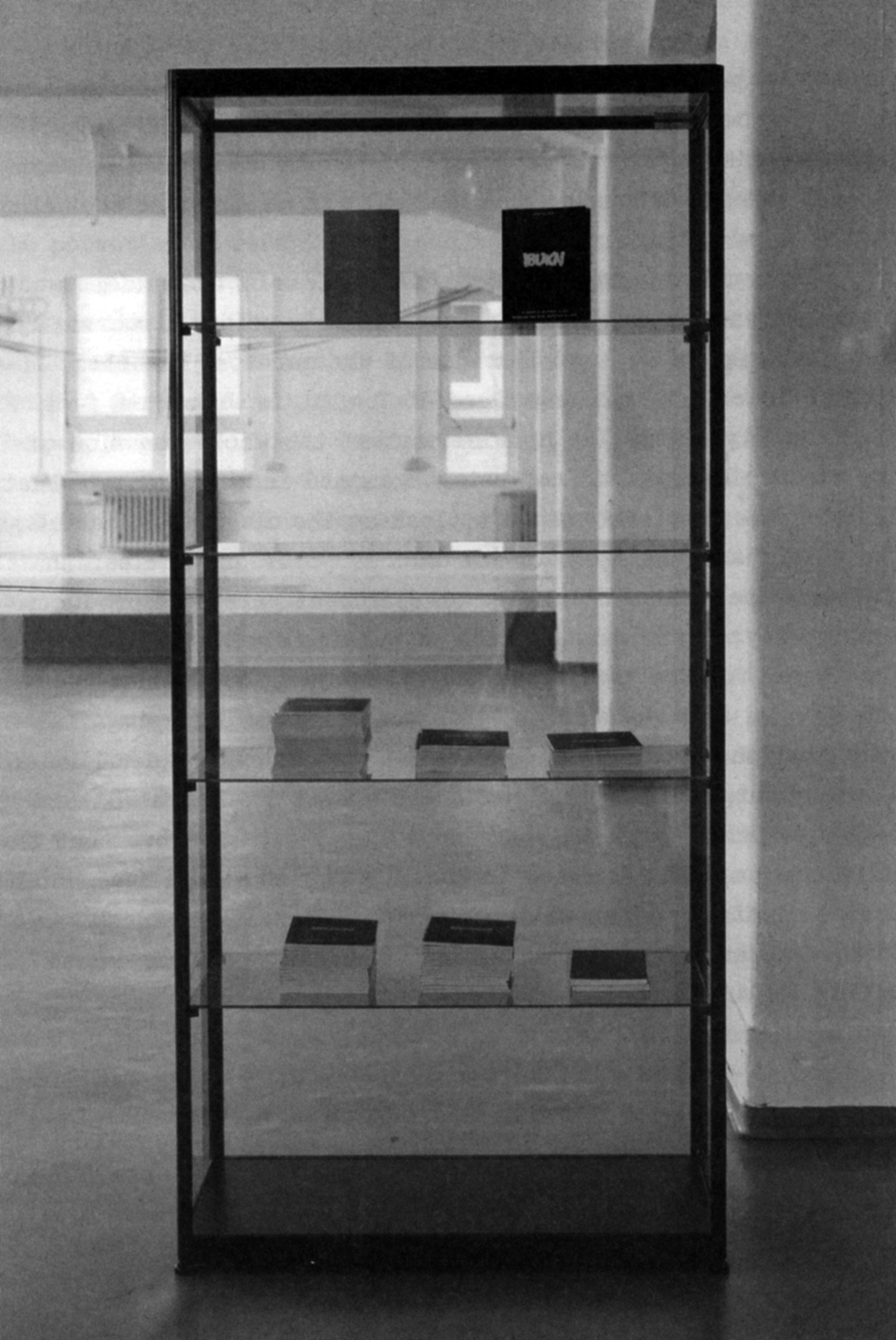
Icelandic artist Olafur Eliasson and German artist Christa Näher present an abstract world, that is localised “somewhere between life and death”.
Eliasson arranges objects into light and water installations that form abstract natural images of his homeland. Näher’s mythical paintings and photographs inspired by baroque southern German history act as counterparts to Eliasson’s installations.

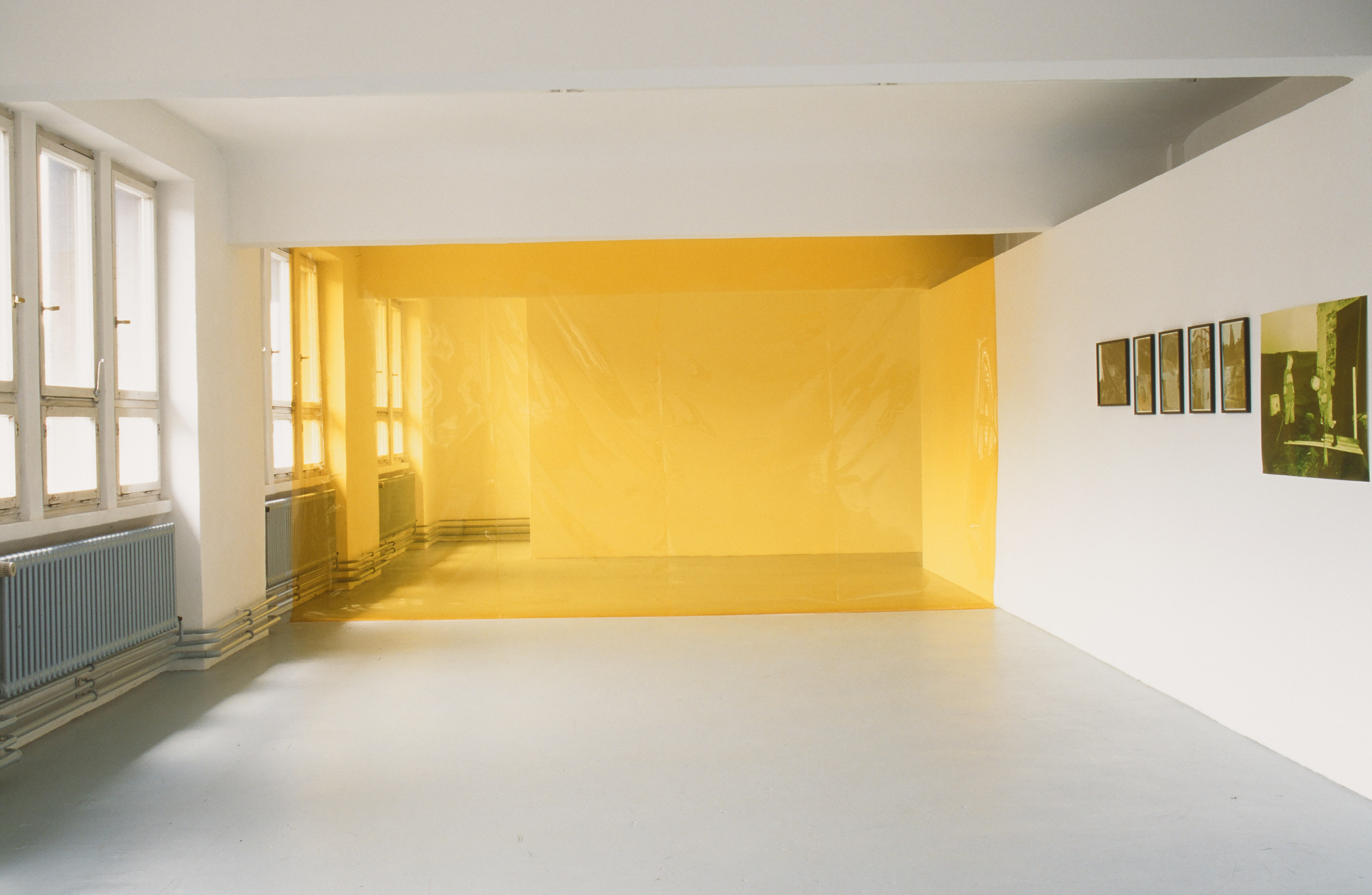
Jürgen Brüning presents a threepart “Tour de Farce” across dark outskirts of extreme right thinking. There will be screenings of Friederike Anders’ Die Farbe Braun (The Color Brown, 30 min, 1994), of Jürgen Brüning’s Er hat‘ne Glatze und ist ein Rassist, er ist schwul und ein Rassist (He has a skinhead and is racist, he is gay and a racist, 26 min, 1994) and of Reiner Gam’s Der Obertan (The Submaster 30 min, 1994).
The film series is organized by Wand 5.
Jessica Nitschke gives a talk titled Uptake of the Girl Image in German Media and Kerstin Grether lectures about the Contextualization and Genealogy of the Girl Notion. Differences between recent women’s movements in the US and Germany will be examined and discussed as well as the magazine Planet Pussy.
The event will be organized by Anne Phillipi and Heike Föhl.
The reading rooms offers art magazines from the 1970s as well as monographs of the Nova Scotia Series.
This projects will be presented at Munich art society in January 1995 and in Depot Vienna in February 1995.
There is a distinct feminist and political notion in Yvonne Rainer’s films: the psychology of political radicalism, the progressive-academic rituals of discourse, relationship problems and problems of aging are put up for discussion. The films have a precise political language that originates from everyday language, veiling its high theoretical value.
Reference literature:
Yvonne Rainer, Talking Pictures, Hrsg. Kunstverein München und Synema (Gesellschaft für Film und Medien) erschienen im Passagen Verlag, Wien 1994.
regina is an art publication that was launched during a solo exhibition of Regina Möller. Earlier this year, it was successfully presented at Art Cologne. For her magazine, Möller leaves the traditional field of artistic practice – she is editor, layout designer, producer, “cover girl” and promoter at the same time.

As every Monday, Konstanze Schäfer and Bärbel Schipfer host their artistic bar event Glücklich und Schön at their apartment in Stuttgart.
Within the framework of her creative projects, Martha Rosler uses video, photography, performance, critical writing and fiction. The content of her work is a social and political analysis of patriarchal culture. By questioning the relations between society, state and family, between media information and personal information, she reveals the inherent oppression of phenomenons such as women as objects and anorexia.
Cosima von Bonin and Kai Althoffa created a temporary bar with music and movie programs inside the exhibition space. Both artists saw themselves as elements of their installation, serving guests in costumes – only if they felt like doing so, though.
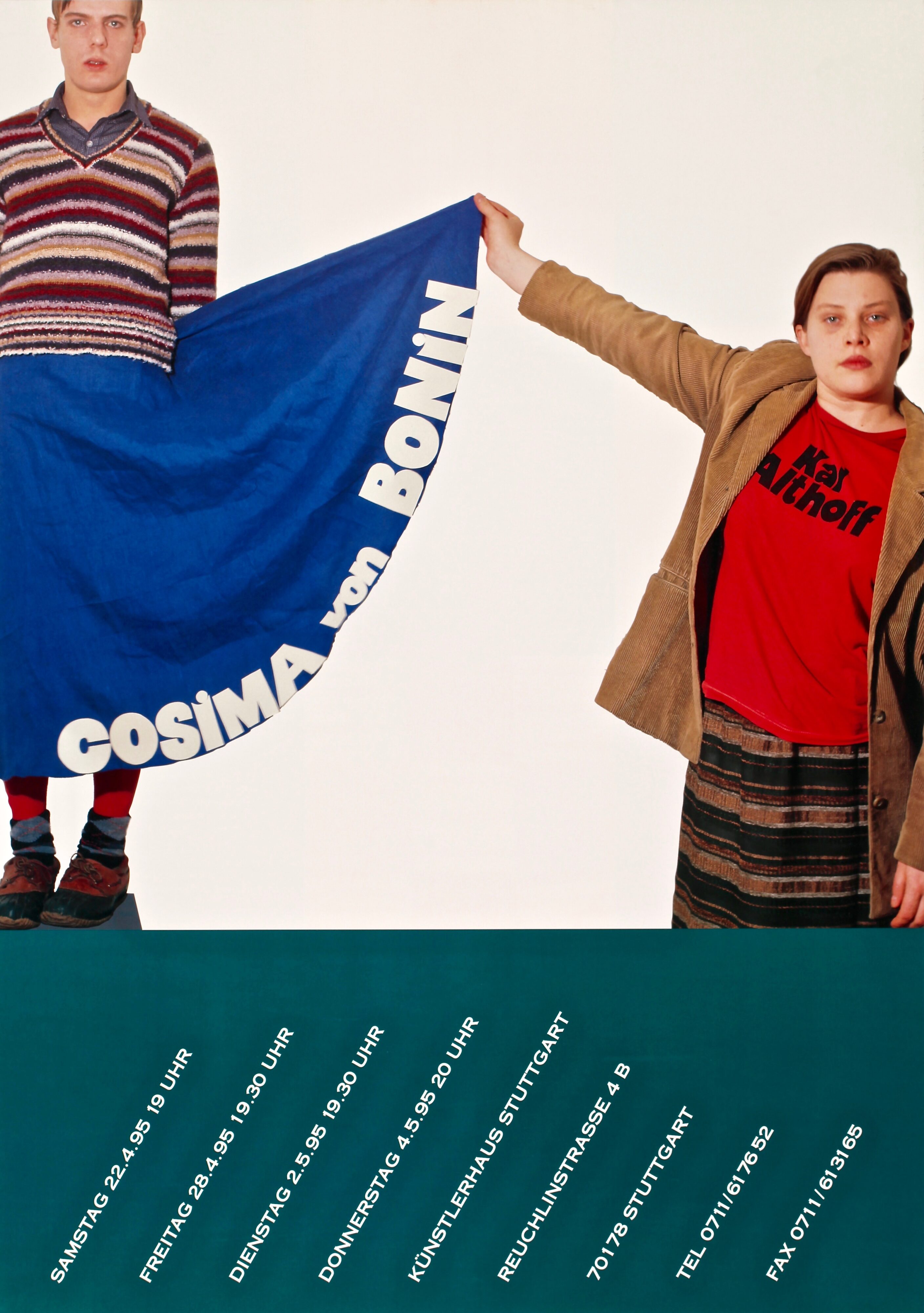
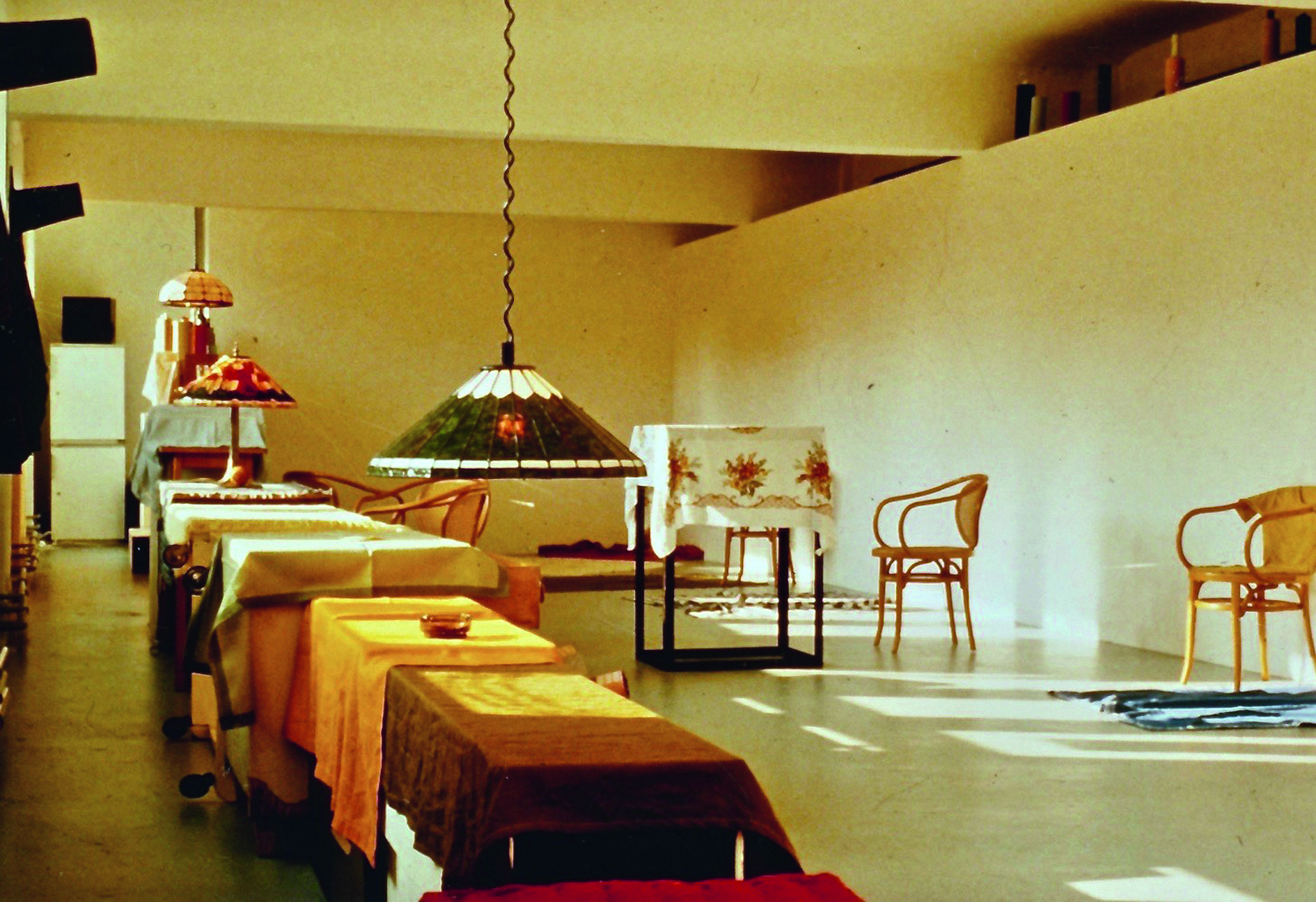
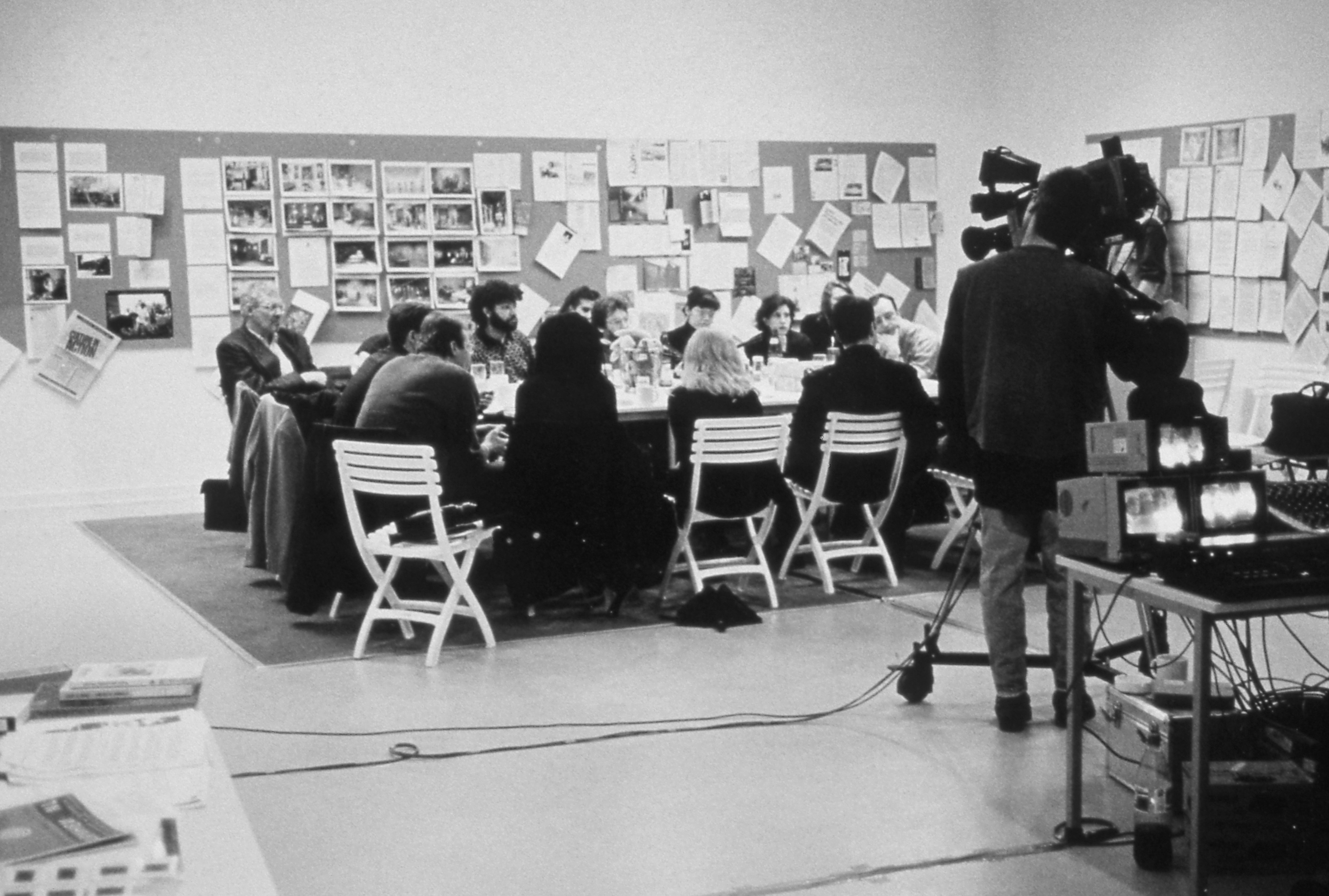
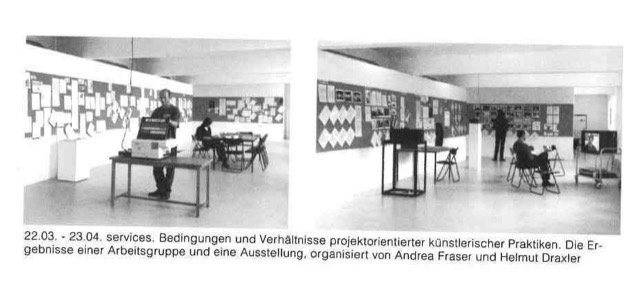
Six one-hour programs will provide insight into the creative work of independent and experimental video and movie makers from the US. The selected works focus on topics of daily life. Downsizing the Image Factory reflects on an alternative interpretation of American “domestic culture” and outlines the contemporaray media scene.
Munich-based gallery owner and author Rüdiger Schöttle will present the concept of the international exhibition project Theatergarten Bestiarium. In 1989, the exhibition was shown at P.S. 1 Museum, New York City.
Dan Graham is a role model for artists who build on his crossover tradition of pop music, architecture and television analysis. On occasion of the release of his multi-lingual publication Rock my Religion, Graham presents past and recent video works at Künstlerhaus.
Opening of the “Tonen Club” in the Schleifschnecke studio (3rd floor of the Künstlerhaus).
Berlin-based artists present their CD-multiple. The project represents an alternative handling with the notion “art in architecture”.
In her recent exhibition, Caro Niederer combines large-scale tapestry, a series of woodcuts and small-scale oil paintings. Her subject is depicting pre-exisiting images: innovation or creation aren’t important to her, but the interactions between society and visual information.
From November 27 1993 to January 23 1994 the reading room offers 14 international art magazines about the current art discourse.
Available art magazines: ACME, New York; ART FAN, Wien; A.N.Y.P., Berlin-München; BLOCNOTES, Paris; Dank, Hamburg; documents, Paris; DURCH, Graz; frieze, London; mdu, Berlin; META, Stuttgart; Puple Rose, Paris; pig magazine, New York; Sommaire, Saint.Maur; Texte zur Kunst, Köln.
KH-Publication: The journal META 4 – Radical Chic will be published for the conference with historical and current contributions by:
Absalon, Michael Asher, Marius Babias, Dara Birnbaum, Rudolf Bumiller, Francois Joseph, Chabrillat, Joshua Dexter, Yvonne Doderer, Friesenwall120/Kiron.
Khosla, Dan Graham, Sandra Hastenteufel, David Kalleran, Gordon Matta-Clark, John Miller, Tania Mouraud, Maria Nordmann/Michael Lingner, Rainer Oldendorf, Mathias Pledna/HansKüng, Olaf Probst, Moritz Reichelt, Hubert Sowa, Ursula Wevers/Gerry Schum
Radical Chic Reader – Texts of the papers presented at the conference by:
Dara Birnbaum, Sabeth Buchmann, Michael Corris, Joshua Decter, Gavin Jantjes, Renate Lorenz, Milada Slizinska
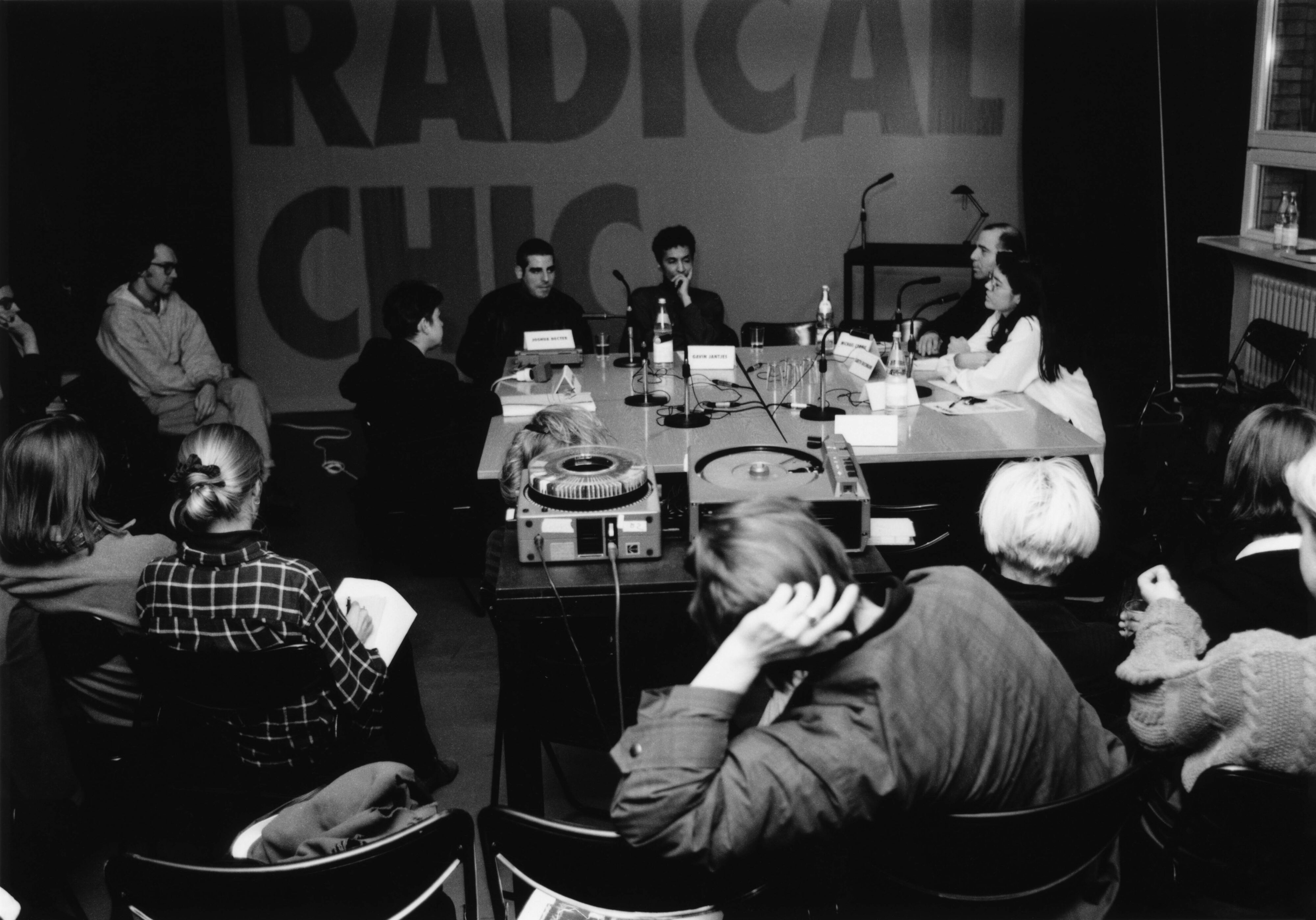
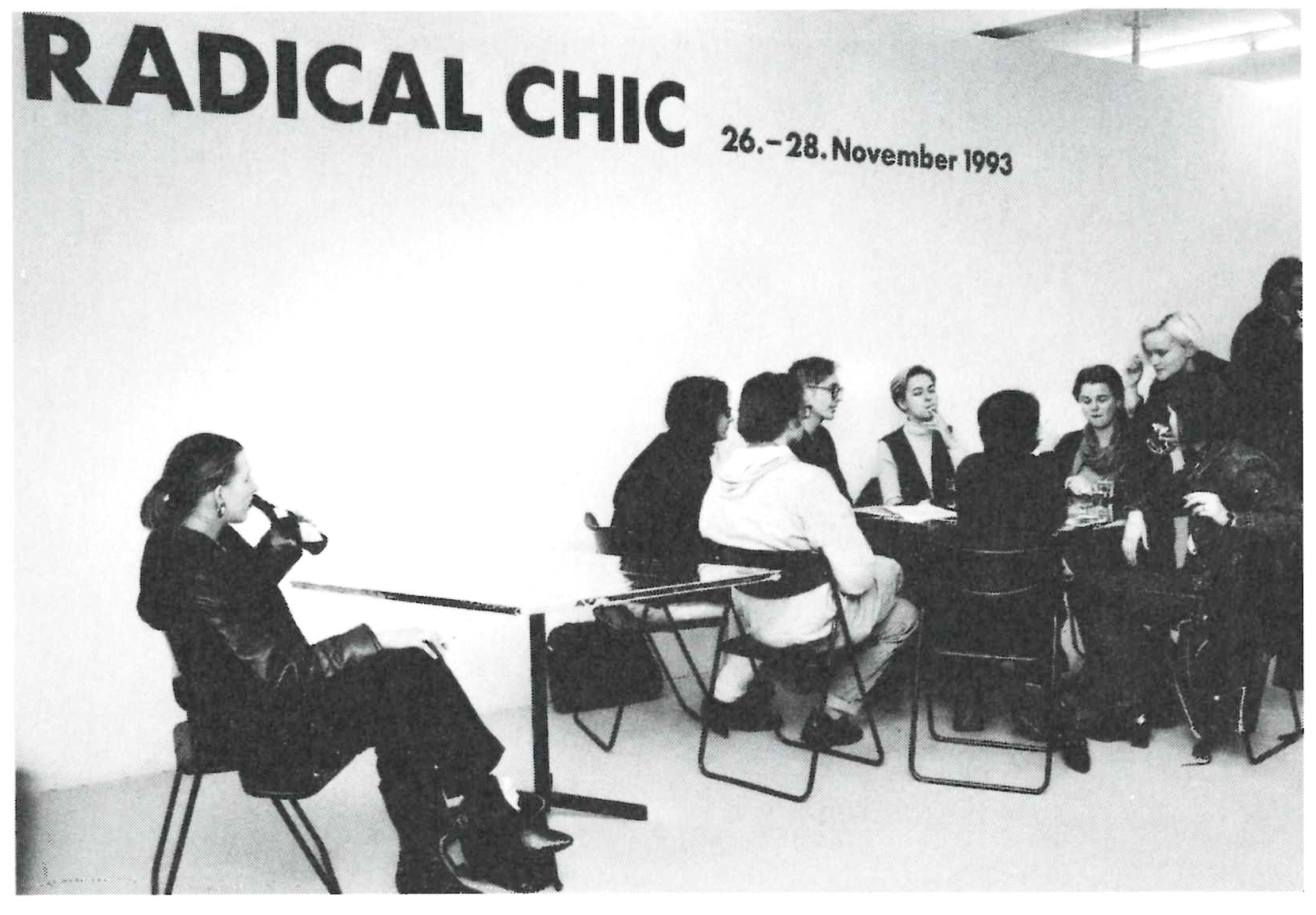
Running parallel to the conference Radical Chic at Künstlerhaus, artist’s group Schleifschnecke presents a documentary about Weinsteige art school and an exhibition of selected artworks. The event is organized in collaboration with Archiv e. V., Stuttgart.
Weinsteige art school was founded by Phil Holzhey, Rudolf Bumiller and Achim Kubinski as an artist-organized art’s institute, school, gallery, living community and café.
Film program organized by Wand 5 e. V.:
Hundstage, Video, 1985, 5 min
How to use a car, Super 8, 1986, 15 min
Tief unten, Super 8, 1987, 15 min
Sie schämen sich ihrer Tränen nicht, 16 mm, 1989, 30 min
I wonder in Pornolan, 16mm, 1990, 30 min
Morgengrauen, 35 mm, 1992, 8 min
The films give an insight into the artistic work of Gordon Matta-Clark. Matta-Clark is known for his architectural interventions such as “splitting”. His interventions are not only a manipulation of architecture, but also a deconstrution of bourgeois lifestyle.
Deconstructive Art is linked to Viennese Actionism, Fluxus and the happening. In 1992, Hoffmann earned his PhD with a work about the deconstruction myth in the art of the 1960s. His research showed that deconstruction is an artistic reaction to the dominance of science and the common belief in progress during the 1950s.
Aupetitalliot presented its proposal for an exhibition on the 7th floor of a vacant wing of Unite Habitation, a social housing block designed by Le Corbusier in the French working-class town Firminy. 29 long-term vacant apartments were temporarily “occupied” by artists.
Stuttgarter Examen (Stuttgart examination) is a film by Peter Schreiner, Ursula Bergmann, Rudolf Bumiller, Ursula Hammer and Achim Kubinsk. The screening is organized in cooperation with Archiv e. V., Stuttgart.
The film features young artists and objects during the two years after documenta 5, which marked the end of artistic escalation and the beginning of an important job: cutting down straggling art in order to reincrease its intensity.
Penelope Georgious films are artworks. However, their homes are the dark screening rooms of the cinemas, where audiences take seats in front of moving images.
Organized in cooperation with Dr. Robert Fleck, Austrian Federal Ministry for Education and Art.
Film program:
Petunia, 16 mm, 93 min. (1980)
Tonis und Eleni, 16 mm (color), 63 min. (1982)
Apostolos, 16 mm, 83 min. (1986)
Hans, 16 mm, 1990, 83 min. (1990)
Programm 1990 is a chronologically arranged photography exhibition about past exhibitions, lectures, readings and other events at Künstlerhaus, that highlights relations between different projects. The central motif of the documentary photographs is the visitor – because in the absence of the observer, art isn’t art.
The artists exhibit a painted diorama, that was created after a trip to the Shetland Islands, to Iceland and “further north”. In addition, the artists present images of remote areas and posters about the Alpine dioramas of Lucerne.
The subject of the conversation is the Mediale Hamburg, an experimental festival that mixes technology and art in order to test the limits of the medium. A critical television report complained that this year’s focus laid on the fascination for technology rather than on contents. For that reason, Raskin, Andreas Coerper and Rotraut Pape created a counterproposal for the festival that they want to discuss with conversation participants. Organizer: Künstlergruppe Schleifschnecke.
Sandra Hasenteufel presents her first solo exhibition, that is an assembly of two seperate exhibitions. 1989 contains three sculptures and one painting from the year 1989. The second exhibition, 4 Bilder, contains recent works of the artist, that were made in her new New York residence.
Sephan Dillemuth and Josef Strau present their documentary about the current state of affairs in New York’s art galleries. Following the screening, there will be a slide show about project studio Friesenwall 120, that curated and organized the much-noticed accompanying program of the “alternative” art fair Unfair.
The reading room offers various international art magazines in order to give insight into the current art discourse:
ACME (New York), ART FAN (Wien), A.N.Y.P. (Berlin – München), BLOCNOTES (Paris), DANK (Hamburg), documents (Paris), DURCH (Graz), frieze (London), mdu (Berlin), META (Stuttgart), PURPLE PROSE (Paris), pig magizine (New York), Sommaire (Saint-Maur), Texte zur Kunst (Köln)
Night bus tour to various locations, video by Imi Knoebel, reading by Eva Meyer, public installation by Moritz Reichelt, etc.
Sturtevant reflected on her recent retrospective exhibition at Württembergischer Kunstverein Stuttgart. She also talked about the difficulties young artists come across during their professionalization.
The conversation deals with the contrary developments of art discourses in Northern America and Western Europe. Due to the great losses in the American art scene caused by AIDS, American artists developed a strong desire to deal with the topics physicality and identity. Organizer: Mindy Faber and Carole Ann Klonarides.
The artist exhibits some kind of a personal diary about her friends who were artists, junkies and transvestites. Over ten years, she took a series of photographs of them, often documenting the struggle and death in consequence of AIDS. However, Nan Goldin isn’t a voyeur, she is a central part of her photographic work.
In the showroom, we offer a variety of artist publications that are open to the public. Informationsdienst (information service) is a mobile archive that holds publications of more than 90 contemporary artists.
Artist group Schleifschnecke is planning exhibitions that deal with fictional detonations – the detonations are carried out under aesthetic aspects.
In order to gain abilities and learn technical details concerning detonations, Schleifschnecke organizes a lecture series with experts (June 26 – July 3, 1992).
Belly, clod, culture, self-fulfillment, regionalism – suddently there were no more rightists or leftists, only Germans. Priests and former home owners discovered their feelings for the people, that had gased 6 million people. From now on, communal kitchens and multicultural ghettos carry out the new selection. Der endliche Sieg (the finite victory) doesn’t offer answers to potentially raising questions. National dulling, mass hysteria and obsession for execution are neither explicable nor representable. Der endliche Sieg is the laughter about the most stupid joke in history.
Scenic reading of a piece by Christof Wackernagel. Organizer: Jochen Hunger.
The artist created surroundings that were gradually modified by children. That way, she initiated a “work in progress” basing on her ideas, resulting, however, in a way the children determined.
The visitors are invited to overwrite and copy lines and tapes by Berlin-based art journalist Marius Babias in order to uncover the usually unseen stages of text and music editing.
The installation Frühlingserwachen (spring awakening) was specially designed for Künstlerhaus and represents both the examination of painting and the “exhibitional history” of the showroom. Eifler directly applied his paintings on the pastel-painted walls by means of a special silk screen technique.
Cornelis’ films are very different to usual TV reporting about the arts. In his artist portraits and films about major international exhibition projects such as documenta or the popular biennales, he facilitates free and complete expression by artists, curators and critics.
Künstlerhaus hosts an international conference about contemporary art and its communication. All speakers developed and realized innovative art communication projects over the last few years.
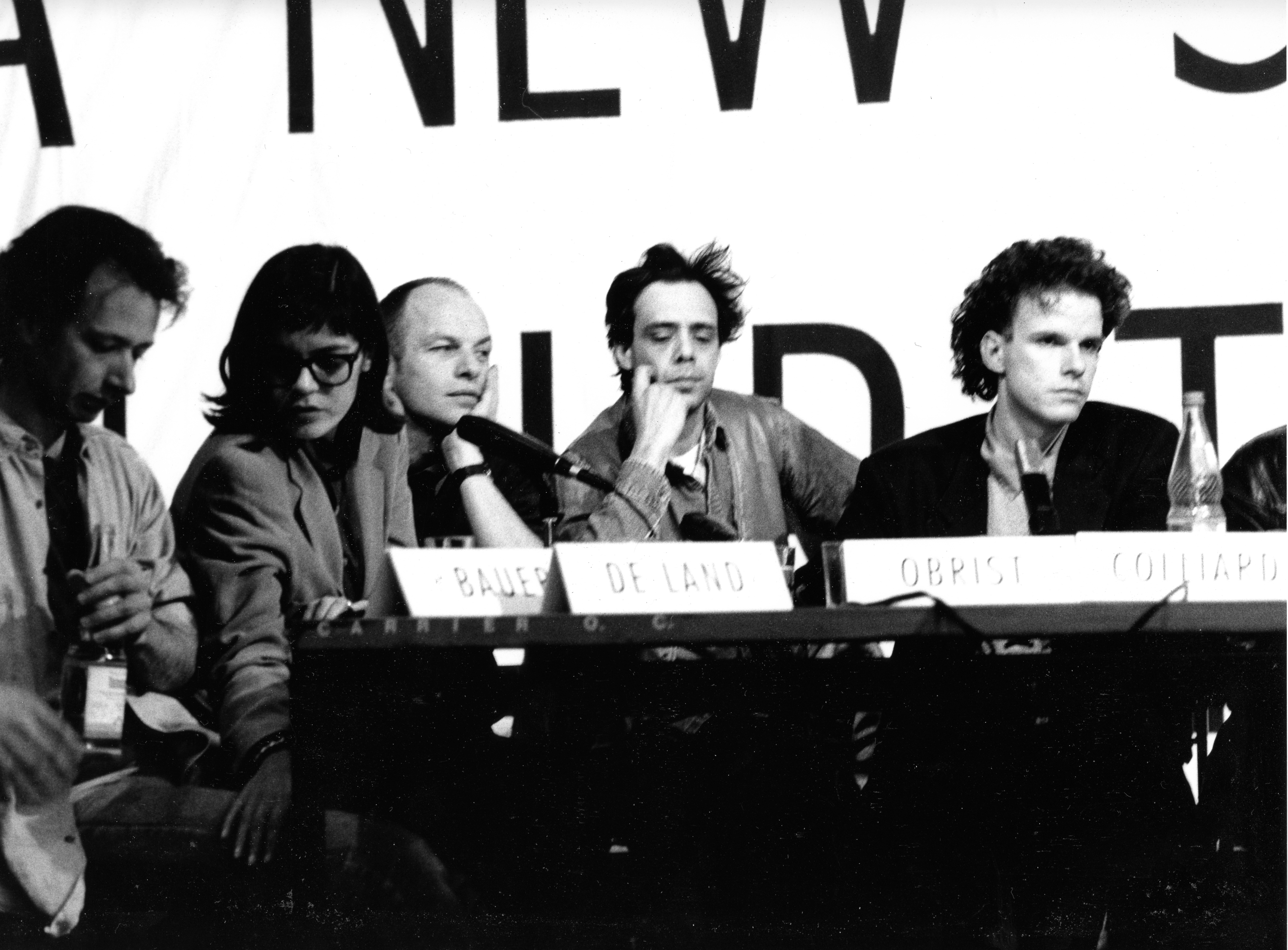
Andreas Gursky’s color photographs deal with the notions of “production sites” and “industrial landscapes”. The images are results of a precise and patient work process that prioritizes thoughtful image compositions over sensational moments. Organizer: Dr. Ursula Zeller.
Relating to the topic “Art and its location”, Mario Kramer looks at selected works by Joseph Beuys:
Das Kapital (1970-1977, Hallen für Neue Kunst, Schafhausen), Beuys-Block, Bergkönig, Nashörner, Stuhl im Fett, Doppelspaten, Fond, Infiltration (Hessisches Landesmuseum, Darmstadt), Blitzschlag mit Lichtschein auf Hirsch (Museum für Moderne Kunst, Frankfurt), Dernier espace avec introspecteur, (1964-1984), Friedenshase, Kreuzigung (Staatsgalerie Stuttgart)
Reference literature:
Mario Kramer: Das Kapital Raum 1970 – 1977, Edition Staeck, Heidelberg, 1991.
The artworks in this exhibition were created by using different graphic techniques. It features Argonaut e.V.’s interdiciplinary project Timetunnel as well as sound poems and performances by Schleifschnecke, a Stuttgart-based artists group. The modeller’s club invites visitors for audio crafting in their studio. Organizer: the Künstlerhaus printing studio.
Beat Wyss lectures about the development of the modern museum: he traces the way from Schinkel’s museum designs to Mies van der Rohe’s concept for the National Gallery in Berlin to a very contemporary “temple of the Muses”: Stuttgart’s State Gallery.
Reference literature:
Beat Wyss: Trauer der Vollendung: Von der Ästhetik des Deutschen Idealismus zur Kulturkritik an der Moderne, Verlag Matthes und Seitz, Berlin, 1989.
Paris Absalons new work series Compartiments consists of three parts: Interieur corriges – corrective overpaintings of torn-out pages from interior design magazines, Compartiments – ten bunks without any decorative elements, and Journal – corrected interior design assembled in a magazine.
In addition to the exhibition, there is a video installation showing the film Proposition d’Habitation, in which Absalon presents his design of a fully functional ideal room that offers all essential details for a single Person.
The exhibition takes place in Kasematte 7 (showroom of Hamburg’s Cultural Office). It was organized by Künstlerhaus Stuttgart.

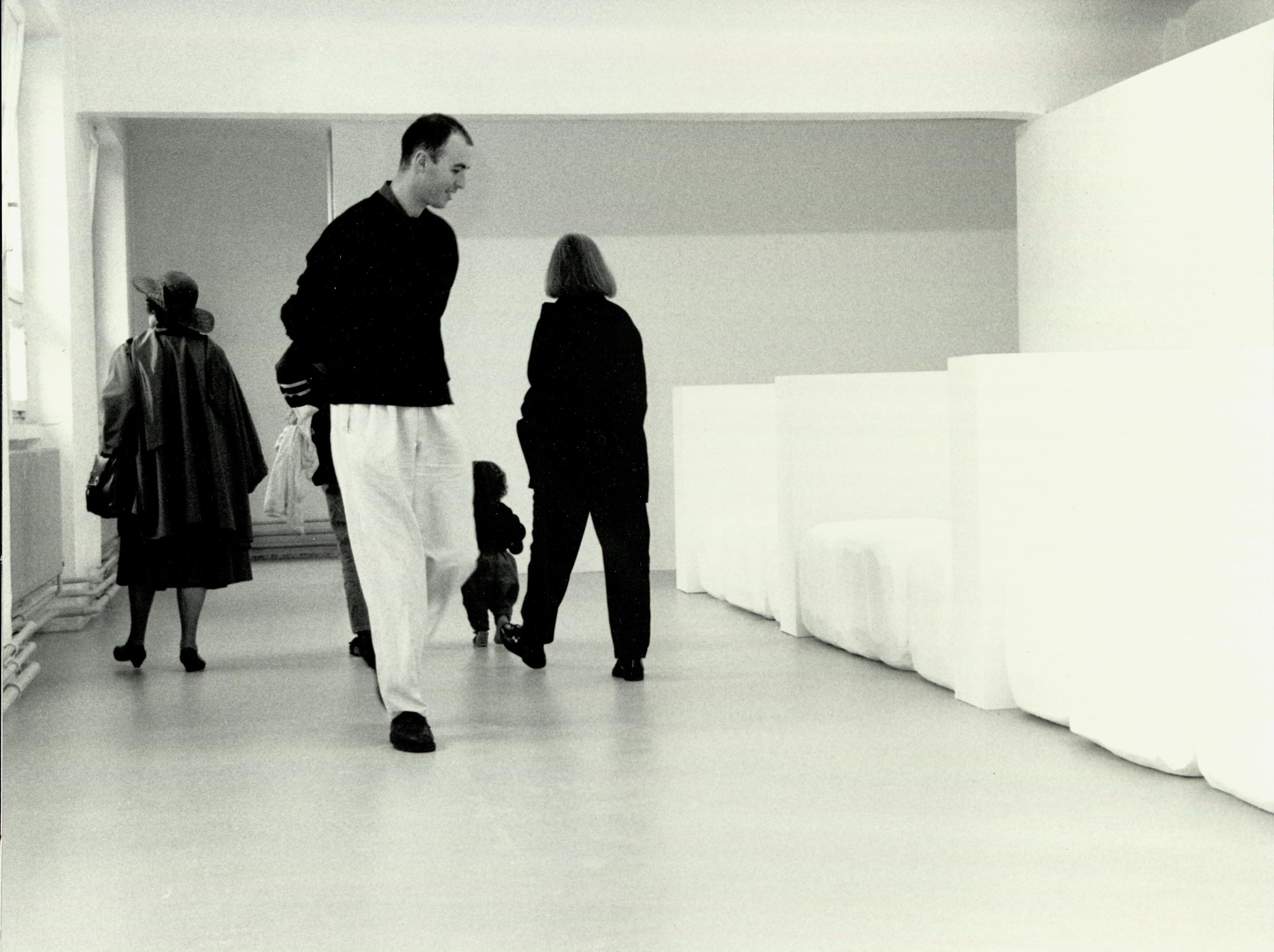
We will screen three films by Martin Kreyßig that deal with the artistic work of Reinhard Mucha, Harald Klingelhöller and Thomas Schütte.
Film program:
Das Figur-Grund Problem in der Architektur des Barock (für dich allein bleibt nur das Grab), 16 mm, Farbe, Magnetton, 15 min (1985/86)
Die Konjugation von “fallen”, Video 1 Zoll – C, 20 min (1990)
Tomatensalat, Video 1 Zoll – C, 40 min (1991)
In modern art, there is a great need for explanation and commentary. Stefan Sehler, however, uses clear symbols to address the audience. He presents large-scale, simple painted images on wooden panels that depict hearts, roses, eyes or brains.
The astounding power of Caramelle’s artworks lies in the simplicity of his artistic means. On closer examination, subtle relations between mural paintings, drawings, sketches, publications and lectures come to light. Caramelle will talk about the Forty Found Fakes, Vino Dramatico, Gessopieces and View.
Serge Kliaving’s Erdkrise (earth crisis) is a public art project in Stuttgart, that is located in front of the Justice Depertment at Schillerplatz. He raised two banners that depict the word “Erdkrise” and a globe that wears a gas mask. Kliaving’s work doesn’t relate to the Golf War; his aim is to challenge the current global situation.
Since 1971, New York-based Catalonian artist Antonio Muntadas focuses on manipulable public information networks and the common belief in the truth of informationen conveyed by television and the press. During his talk at Künstlerhaus, Muntadas presents his current projects, illustrating them with slides and videos.
Hannes Böhringer writings deal with the search for the Avantgarde. In February, the showroom was closed for his readings – he read in completely art-free surroundings.
Reference literature:
Hannes Böhringer: Begriffsfelder – Von der Philosophie zur Kunst und Moneten – Von der Kunst zur Philosophie, Merve Verlag, Berlin, 1985 und 1990.
During his lecture, Prof. Walter Graskamp takes his listeners on a slide show tour around Arnold Bode’s first documenta. Graskamp is author of the book Unerwünschte Monumente (unwanted monuments) that deals with vandalism and dispproval towards public art.
The focus of Rainer Oldendorf’s work lies rather on the development of spaces than on the creation of artworks. The artist calls his approach “perceptual-ecological”. He is interested in the structures of spaces and tries to extend the opportunities of their perception by using sculptural and reproductional techniques.
Artist Katharina Fritsch will give a talk about herself and her work by means of slides. The event is part of Veit Görner’s event series about Stuttgart-based art and art history students.
Michael Lingner presents a slide show about alternative visual uses of artistic texts. He illustrates his new approach by experimenting with photograph of a computer-written text that he uses over and over again in a creative process.
On occasion of the exhibition Tim Rollins + K.O.S. in Württembergischer Kunstverein Stuttgart, Künstlerhaus organizes an artist talk and a slide show. Tim Rollins and the Kids of Survival are establishing an Academy of Fine Arts in the South Bronx for local youths.
The event contains a screening of the documentary The World of Gilbert & George, produced by Philip Haas for the Arts Council of Great Britain, the book launch of Die Kunst von Gilbert & George by author Wolf Jahn as well as a slide show and a video screening about the British artist duo.
Reference literature:
Wolf Jahn: Die Kunst von Gilbert & George oder eine Ästhetik der Existenz, Schirmer / Mosel, München, 1989.

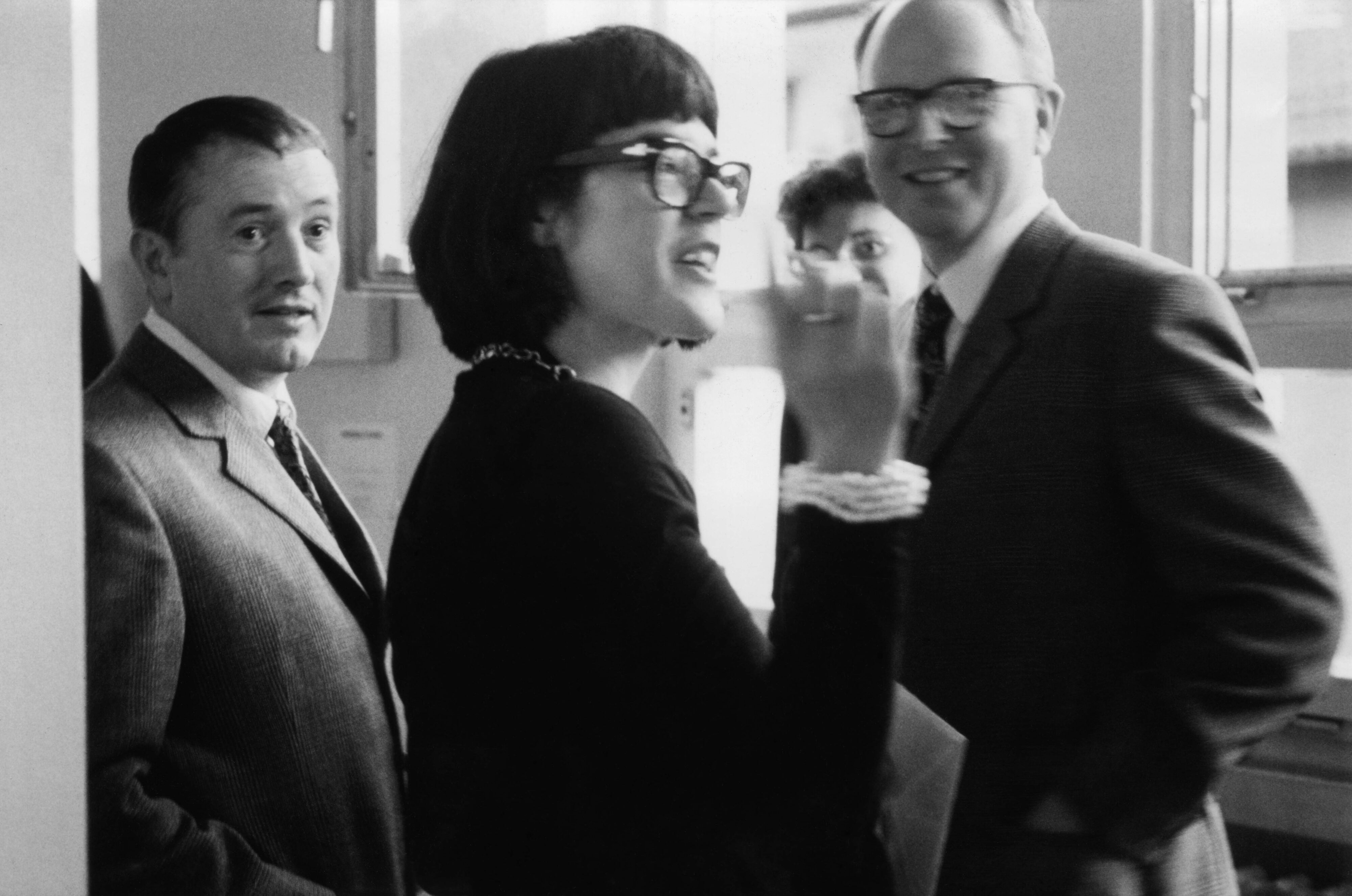
The head of the public arts division of the city of Hamburg lectures about interesting projects, findings and new trends. Jenisch Park Skulptur, D&S and Hamburg Projekt ’89 serve as illustrations.
Reference literature:
Kulturbehörde Hamburg (Hrsg.): Jenisch Park. Skulptur (Katalog), Hamburg, 1986.
Kulturbehörde Hamburg (Hrsg.): Hamburg Projekt 1989 (Kat.-Kassette), Hamburg, 1989.
Kulturbehörde Hamburg (Hrsg.): Kunst im öffentlichen Raum. Anstöße der 80er Jahre, Dumont Verlag, Köln, 1989.
Heike Pallanca created an installation that relates to the exhibition architecture of the showroom in Künstlerhaus that she first dismissed. She built an “alien element” inside the showroom that breaks with its symmetrical floor plan and becomes the highlight of her exhibition.
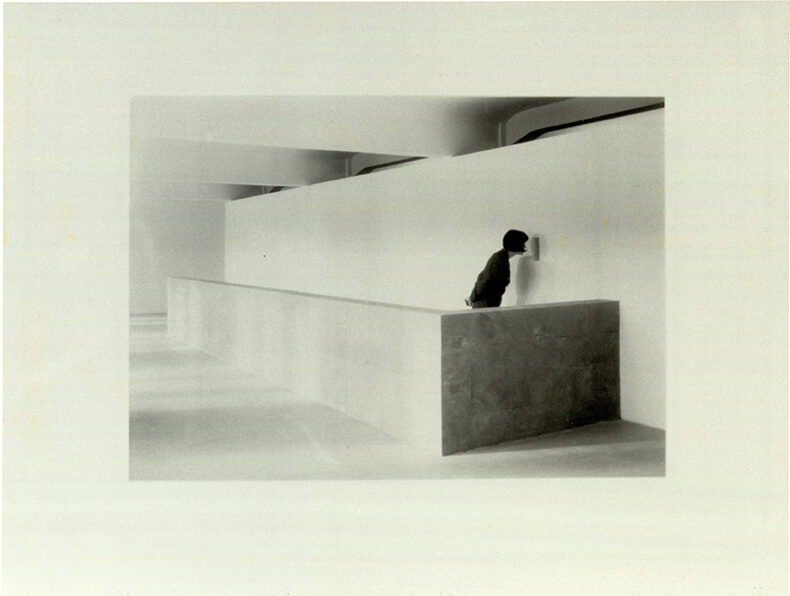
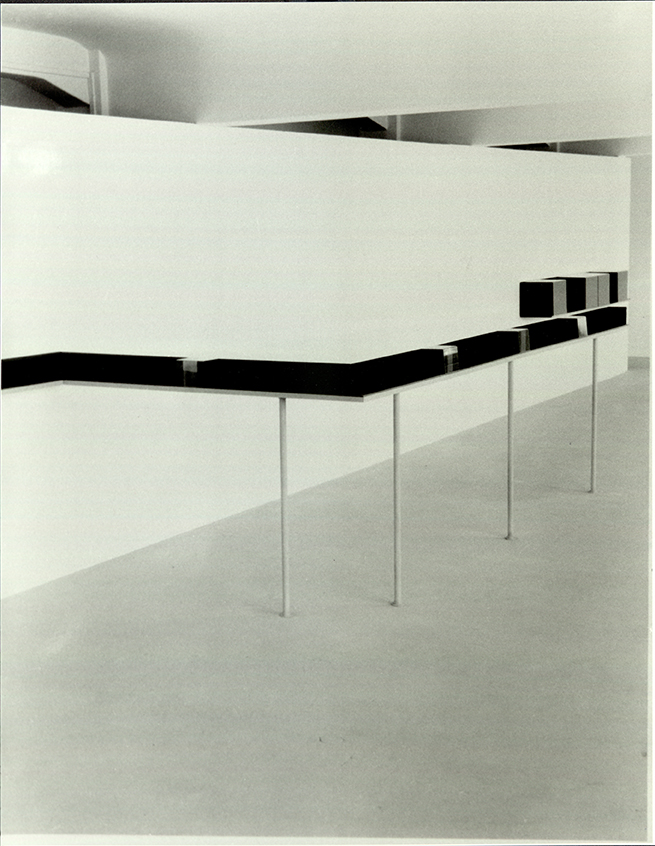
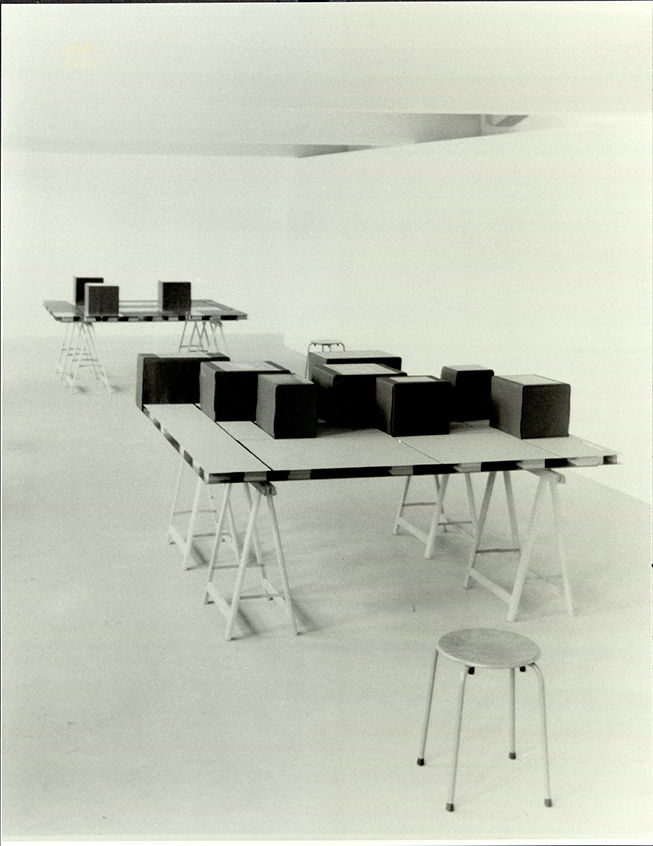
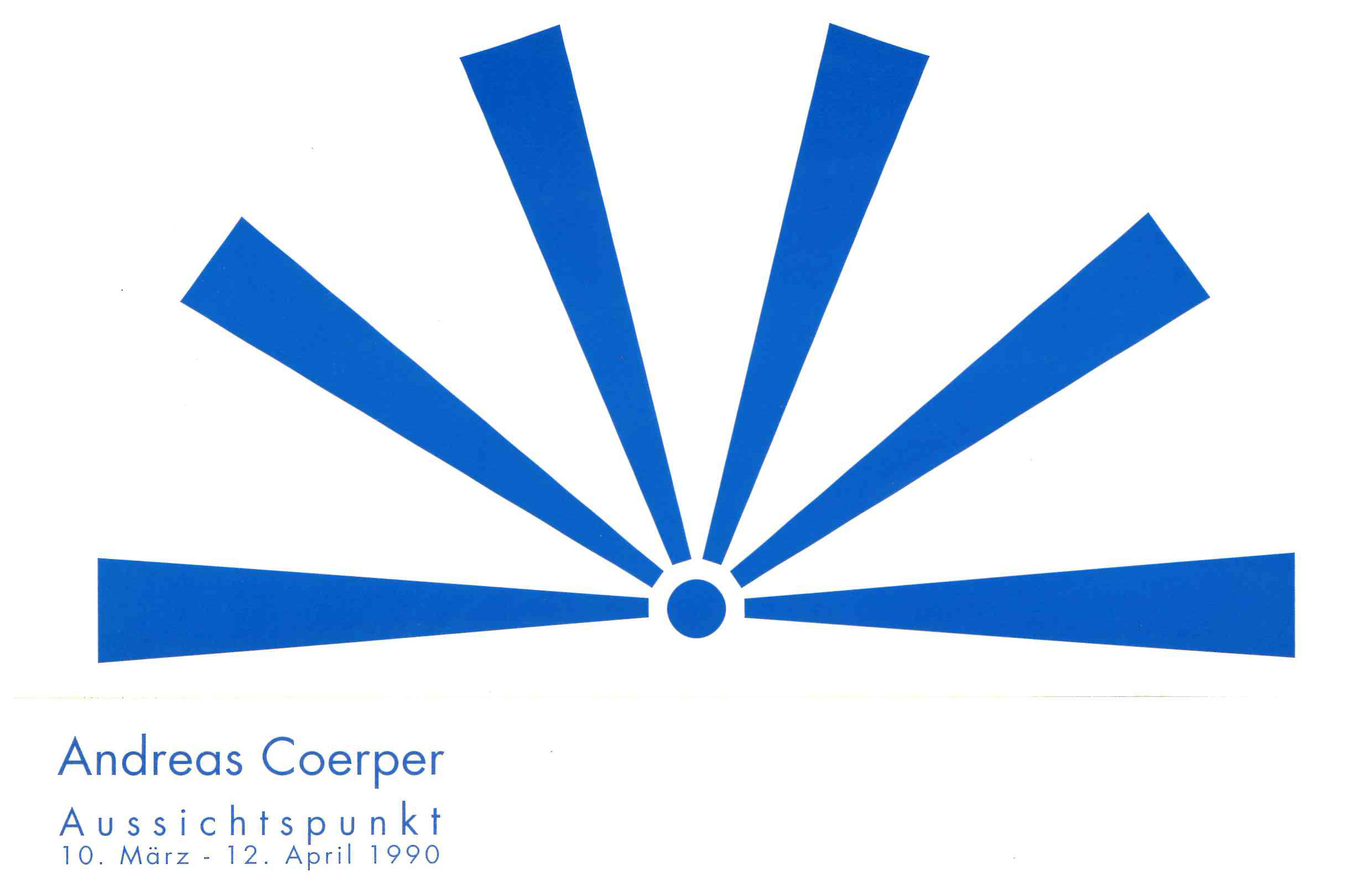
The exhibition deals with topics such as urban ecology, urban societies, urban production and culture. Organizer: LAB F AC, Lab for Architecture.
Theorists, curators and artists discuss the topic “What will happen after the modern age?”.
Speakers: Jean-Christophe Ammann (MMK Frankfurt), Benjamin H. D. Buchloh (MIT Boston), Dietmar Kamper (FU Berlin), Peter Sloterdijk (Schriftsteller, München), Otto Karl Werckmeister (Northwestern University Evanston).

Theorists, curators and artists discuss the topic “What will happen after the modern age?”.
Speakers: Bazon Brock, Peter Bürger, Franz Kaiser, Rob Krier, Gerhard Merz, Veit Loers, Ulrich Look, Peter Sloterdijk and Franz Erhard Walther.
The exhibition features artworks from the years 1967-1974 and forms a highlight of our current thematic priority: the art of the 1970s.
The exhibition was organized under the patronage of Minister-President Dr. h.c. Lothar Spät and takes place in the new building of the Academy of Fine Arts Stuttgart.
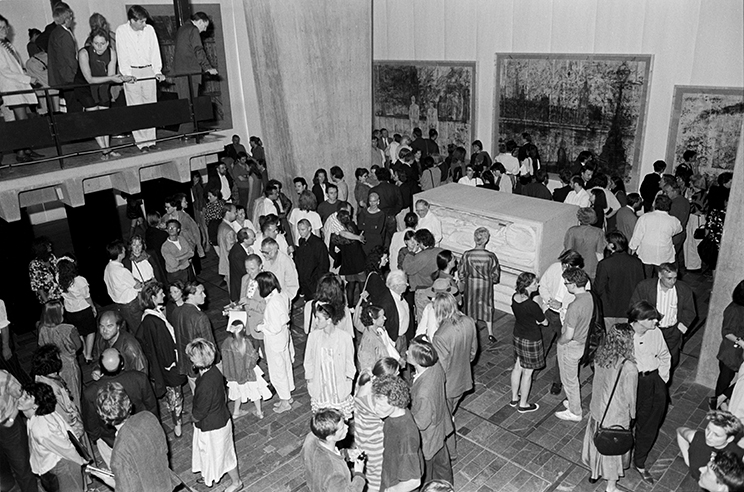
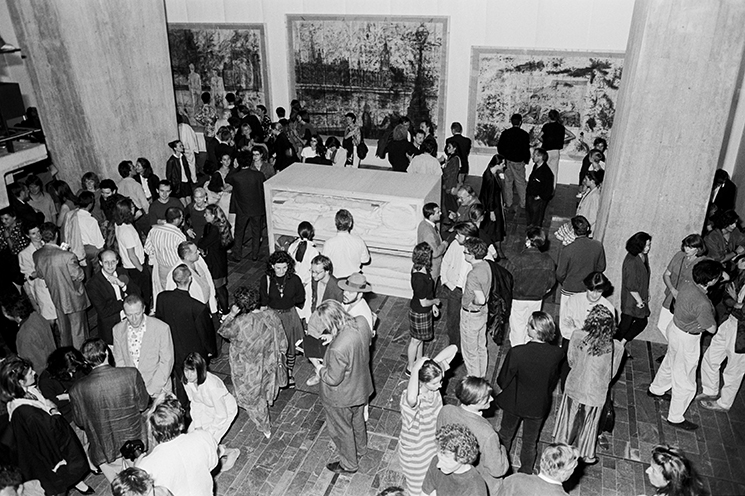
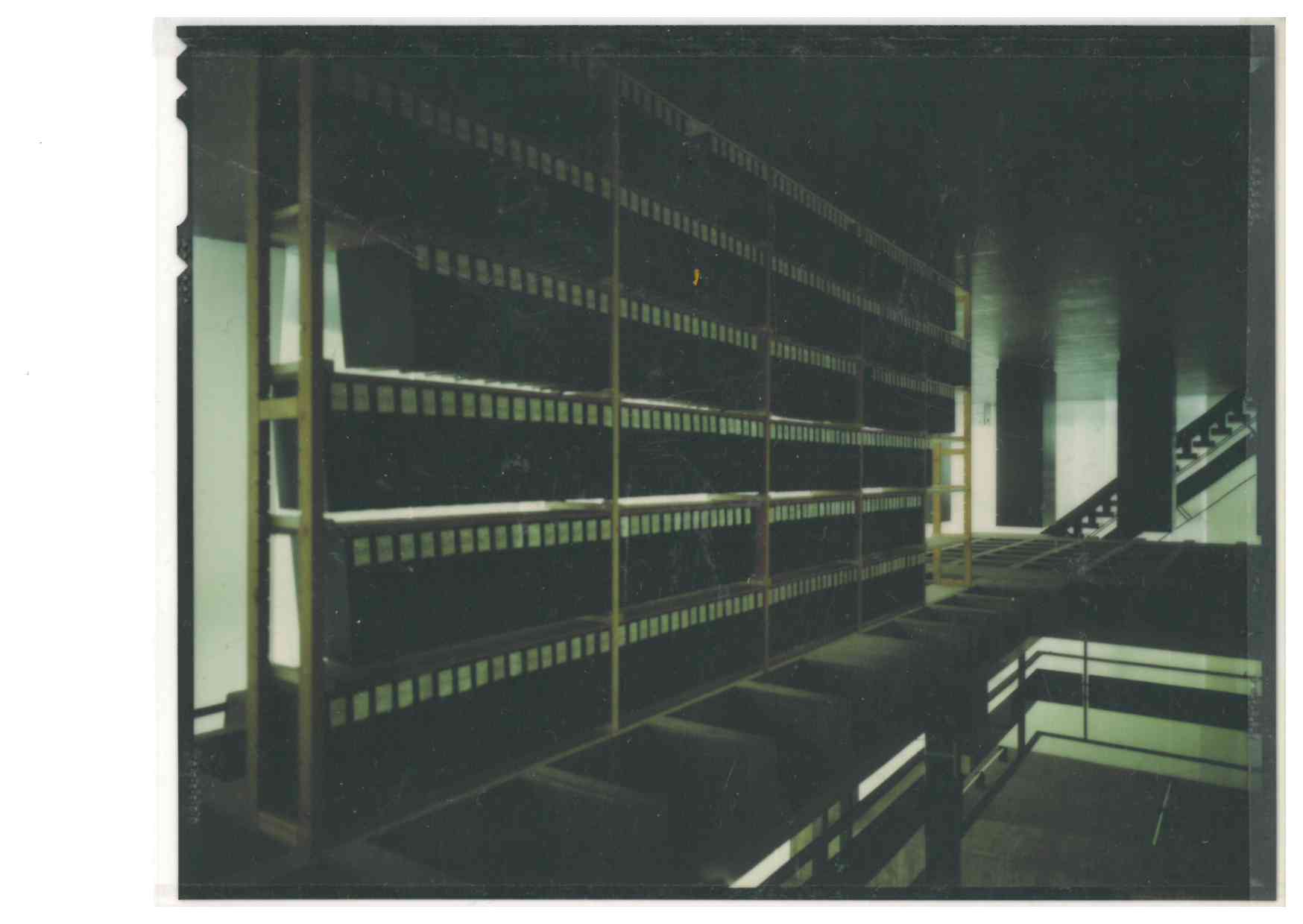
A small circle of Stuttgart-based artists created works that today rank among widely established art movements: Arte Povera, Spurensicherung, Wild Painiting, Concept Art. The exhibited artworks are loans from the Collection Anette Gmeiner, Stuttgart. The exhibition is part 12 of the twelve-parted exhibition series Kunst in Stuttgart.
Reference literature:
Künstlerhaus Stuttgart (Hrsg.): Zwölf Ausstellungen – Kunst in Stuttgart (Katalog), Stuttgart, 1989.
The artist presents a “never-ending” cartoon screening complemented by projections and an exhibition of film stills. Organizer: Argonaut e.V.
In celebration of our 10th anniversary, we invite you to visit our café, restaurant and pop-up cocktail bar. In addition to great live concerts, there will be big screen screenings of art videos and retrospectives on 10 years Künstlerhaus.
Music program: Alfonzo, Heute, The Dudes, The Shy Guy
Lectures: Alfons Schwedler and Claus Huebner
The artist will lecture about his work and answer questions asked by the audience.
Armeno Alberts, Marcel Alberts, Otto Kränzler, Peter Schick and Uli Wedlich stage a musical live performance that uses computers and digital music instruments along with traditional instruments.
In addition to the performance, there will be lectures about the topic: Experimentielles Komponieren am Computer; eine Einführung für Neugierige by Prof. Rainer Wehinger and Die Musik der Kommunikationsgesellschaft by Michael Fahres.
The exhibition features the Künstlerhaus associates Tilman Benatzky, Erwin Bernhardt, Karl-Heinz Böttinger, Udo Bildt, Claudia Borman, Jens Loewe, Peter Boschert, Steffen Bremer, Cataldo Crecente, Bruno Demattio, Simone Damandt, Julijana Djordjevic, Wolfgang Ehehalt, Manfred Ehm-Zurkan, Gert Elsner, Ingeborg Fischer-Schwarz, Harry Frebel, Marion Gelber, Christa Gipser, Markus Goll, Hans-Peter Hauf, Klaus Heuser, Sabine Hoffmann, Anna Hintz, Wolfram Janzer, Frank Kistner, Gabriel Kleefeldt, Rolf Klepzig, Michael Kleyer, Waltraud Kreh, Ernst Kroh, Ursula Laquay-Ihm, Christiane Lesch, Dorette Linder, Leni Marx, Erika Megyeri, Wolfgang Meixner, Barbara Mögele-Hefner, Georg Mühleck, Siegfried Müller, Hannel Nitschke-Illg, Georg Ozory, Ganbriele Panhans, Stefan Panhans, Rudolf Perl, Christa Planck, Diethelm Reichart, Erika Reis-Skuin, Chr. Riedel, Hans Rustige, Lore Sapper, Johannes Seibt, Klaus Schaeffer, Horst Peter Schlooter, Babette Schütze, Giesela Schuster, Dorothee Schwärtzel, Eva Steinwandt, Hans Peter Sturm, Stefan Stuwe, Thomas Thiele-Zoll, Stefan Thomas, Balasz Vigh, Clemens Von der Vring, Isabel Walther, Laura Wieck, Annegret Wilhelm, Sabine Wolf and Reinhard Zeffler.
The artist will lecture about his work and answer questions asked by the audience.
The artists will lecture about his work and answer questions of the audience.
All artists have studied at the Academy of Fine Arts Stuttgart and formed a group. They present works of the years 1979-1983.
Reference literature:
Zwölf Ausstellungen – Kunst in Stuttgart, Künstlerhaus Stuttgart, 1989.
The exhibition features art works by young Stuttgart-based artists.
Reference literature:
Künstlerhaus Stuttgart (Hrsg.): Zwölf Ausstellungen – Kunst in Stuttgart (Katalog), Stuttgart, 1989.
The exhibition features new projects that deal with ways of living and working by using unusual means of architectural representations (video, interviews and lectures, performances, collages, sounds etc.)
Künstlerhaus participates in an exchange program for artists from Stuttgart and Cardiff. Between November 8 and December 6, 1986 guest artists from Cardiff exhibit their works in Künstlerhaus. In return, artists from Stuttgart will launch an exhibition in art gallery Chapter in Cardiff from November 22 to December 20, 1986.
Reference literature:
Künstlerhaus Stuttgart und Chapter Cardiff (Hrsg.): Direct Contact (Ausstellungskatalog), Stuttgart, 1986.
Performances, actions, installations, concerts and screenings dealing with video art.
In addition to the exhibition, there will be a series of lectures that investigate Goethe’s color theory from a philosophical, literary, physical and artistic standpoint. Organized in collaboration with Volkshochschule Stuttgart.
Ustadad creates artistic messages by assembling elements of the entertainment media in order to confront audiences with their own culture. The examination of social reality produced a piece of art that is full of humor, irony and satire. Organizer: Dienstag Galerie.
The accompanying program contains a concert by Love Group, the action performances Militaria ‘86 and Ich, er und die anderen zwei, two installations named News from the World and Das Andenken, the performance Les mich X – mich as well as video screenings of the short films Nachrichten aus Heimland and How to fall in love with a Monster.
During the Week of French Video Art, Künstlerhaus presents the video collection of Centre Pompidou, Paris and the Video de Creation from Montbeliard (1984).
The exhibition consists of two parts: In the first one, easy issues are being complicated. In the second one, complicated issues are being simplified. Organizer: Dienstag Galerie and artists group PPN E. A., Kassel.
The exhibition is organized by Georg Mühleck, supported by Centre Copy Art, Montréal.
Künstlerhaus and Amerika Haus present an exhibition of the famous metal masks of American artist Suzanne Benton. Additionally, the artist will host a workshop on mask making at Künstlerhaus.
Regine Gfesser presents findings and artworks from Japan as well as own objects and drawings. Organizer: Dienstag Galerie.
Exhibition and accompanying series of lectures, curated by Uli Bernhardt and Irene Ferchel.
Lectures:
Dr. Hans Martin Kirn Johannes Reuchlin und die religiöse Toleranz
Prof. Dr. Decker, Hans Martin Hauff Reuchlin und Stuttgart
Vortrag und Veranstaltung einer Studiengruppe unter Leitung von Frau Dr. Schüppert Hexen – Aspekte eines Phänomens
We will screen the documentary Schweigen macht Tod by Renate Härtl. Härtl accompanied the production of a theater play that deals with the topic of sexual abuse of children and youths. The filmmaker will be present and willing to answer questions after the screening.
The panel discussion takes place in Staatsgalerie Stuttgart.
The theatrical company of Freiburg Theater stages a scenic reading of works by the Russian poet, futurist and dramatist Velimir Chlebnikov. All his life, Chlebnikov fought against norms, restraints and social conventions. The presented works were selected by Wil Frenken and Peter Stobbe.
Italian theater troupe Cogi-MCI stages Non ti pago, a comedy in three acts by the Italian writer Eduardo Fillipo. The piece contains elements of the old Italian improvisational theater.
Wolfgang Meixner, Gabriele Reichart, Diethelm Reichart and Stefan Sauter present their one-year project Terra Animata that deals with the topic of land vitalization in the Ligurian mountains. Organizer: Dienstag Galerie.
Both artists are graduates of Stuttgart’s Academy of Fine Arts and realized several projects together. Their exhibition deals with the relation between “Inside and Outside”.
An exhibition featuring several Spanish artists. There will be a happening and a large Sardinian celebration at the closure event. Organizer: Dienstag Galerie.
The Dutch sculptor exhibits his latest works.
Discovery and exploitation of the brain as a creator of reality. Schaltkreis 6 is a neural system that is free of the limiting programs of human circuits. (T. Leary) Organizer: Dienstag Galerie
Roman Signer makes action sculptures and sees himself as sculptor who works with plastic principles but focuses on processes rather than final results.
Screening of seven films by the French filmmaker: La Caverne noir, Works and Words, India Song, Son nom de Venise dans Calcutta desert, Le Camion, La Dame des Yveslines, Cesaree, Les mains negatives and La Classe de violence.
Organized in collaboration with Institut français, Stuttgart.
Shala Blum’s paintings deal with both incidents that upset her and strategies with which she overcomes her concerns. Organizer: Dienstag Galerie.
Janos Szirtes presents his performance Göbzi, the forth and last part of his appearance at the Künstlerhaus. Moreover, there will be a video screening and a slide show about the contemporaray Hungarian art scene in the 1980s. Organizer: Dienstag Galerie.
The exhibition was organized by Fotoforum, in collaboration with Institut français, Stuttgart.
The symposium entails lectures, concerts, actions, installations, workshops and performances. Organizer: Thomas Oelscher.
Live electronic performance of works by Steve Reich, Andras Soos and own compositions of Tibor Szemzö.
Performance and string installation made up of different kinds of string: steel strings, twine, nylon cord and dental floss. The artists create a special musical experience using improvisation, microphone amplification and electronical coloration.
Jacoba Bedaux and Relly Tarlo present an audio art work that is both a visual and acoustic experience.
Jürgen Karg presents a 3D show with self-composed electronic music. Visitors experience fictional rooms and confusingly manipulated images.
The artist exhibits expressive large-scale charcoal drawings. Some images recall pictures of soldiers and military combats.
The wind object ranges between folk dance in a wind tunnel and air pollution. An end is put to the memories by staging a big bang. The Love Group is there to help: ignored by Western media due to its strong desire for total innovation it proofs once again that it has a proved recipe for bizarre listening pleasure. Organizer: Dienstag Galerie.
Author, painter and graphic designer Thomas Strittmatter presents a semi-theatric room installation.
Ulla Schenkel presents oil paintings, drawings, pastels, watercolors and sketches in order to initiate conversations about literature of Brecht, Kafka, Heissenbüttel and Musil. Organizer: Dienstag Galerie.
Künstlerhaus organizes an exhibition and a panel discussion about the youth culture of the 1960s. In a series of events, several authors, journalists and contemporary witnesses lecture about particular aspects of the time. Stefan Paul lectures about underground movies of the 1960s, Peter Grohmann deals with contemporary literature in Stuttgart and Andreas Gestrich and Karl Reichenberger present their experiences from the student’s revolution in Stuttgart. Fried-Peter Bourseaux presents his lecture Vom Musterschüler zum Revolutzer (exemplary students becoming revolutionaries) and Manfred Heinfelder lectures Zwischen Minirock und Marx (between miniskirts and Marx). Moreover, Helga Merkel deals with Stuttgart’s Kinderläden and the music journalists Christof Baumann and Ralf Hillig present their lecture on Beat, Folk und Jazz of the 1960s.
Straw to gold, ash to embers, boredom to excitement, having to being.
American social-documentarian Allan Sekula presents a project with a strong concept and a political message.
Group 180 originates in Budapest and produces minimal music. Their musical works are delicate and monotonously destructive and intense at once. Organizer: Musica Nova.
Ruedi Schill, dressed in nothing but black pants, hangs from a wall, clinging to a bar. Nobody dares to dance with him, although he asks for it. The pitiful, maltreated man has risen again. He’s not from this world but marked by the horrors of death.
Daniel Wymman is director of the Sound Art Recording Studios in Los Angeles and lectures at several American universities. The composer contributed works to movies such as Apocalypse Now, Halloween and Missing.
In the context of the exhibition services, Prof. Ulf Wuggening presented the results of a research project, that referes to the Austrian non-nationalist contribution for the Biennale of Venice in 1983 as well as the exhibition Der zerbrochene Spiegel (Vienna, Hamburg), which was curated by Kasper König and Hans-Ulrich Obrist.
The anti-technical museum is a world-related, ethical education site. Prof. Dr. Franzsepp Würtenberger presents his draft for a future State Museum for technology and Work in Mannheim.
Memories of a trip to Russia. Hans Kumpf and Wolfgang Meixner unpack their suitcases and present art and music from Russia.
Working with groups of people in the room of fine arts is an attempt to counter the institution’s objectives with open communication. Besides this, it aims at establishing a model of experiencing that isn’t limited to private reception or taking in information.
In this discussion, the speakers addressed questions of quality and attitude. Organized and hosted by Prof. Kurt Weidmann.
We’re reopening! Associated artists organize a variety of events and performances to celebrate the reopening of Künstlerhaus. Opening speeches by Kurt Weidemann and Ulrich Bernhardt.
Reopening and walkthrough the new printing studio: Introduction to the work groups, presentation of regular events, workshop conversations and exchange of experience. The opening is organized by Rainer Holzapfel, head of the printing studio.
Ugo Dossi hosts a drawing séance with handpicked guests. They will examine topics such as experimental psychology, resurrection of occultism and the search for unconscious content.
The exhibition is accompanied by a silent reading, a slide show and texts. Organizer: Dienstag Galerie.
Fascinating large-scale objects made up of mouth-blown sheets of glass. Scherbentheater will perform sketches at the opening.
The exhibition highlights the significance of image carriers. Peter Guth uses customary paper and reacts to its texture within a subjective and spontaneous creative process. In addition to the exhibition there will be a slide show performance by P. Guth, M. Frei and L. Werner. Organizer: Dienstag Galerie.
In addition to the exhibition there will be the public action Asche, Farbe, Sand by J. F. Seibt. Organizer: Dienstag Galerie.
Rainer Holzapfel presents new concepts, models, interim results and sculptural works. Organizer: Dienstag Galerie.
Centerpieces of the exhibition are impressions of two trips to the Caribbean and Turkestan. Elmar Wittman (Theater im Westen) will guide through the exhibition presenting lyric associations.
Waltraud Kreh oil paintings and the performance Der Weg.
Photographs and drawings by the two artists Anna and Johannes Bernhard Blume, whose artistic grounding is the so-called photo theater, which is a paraphrase on the millionfold realities of family albums.
In addition to his exhibition in Künstlerhaus, Johannes Bernhard Blume presents his latest felt tip pen drawings of ideoplastic situations in Galerie Dr. Ursula Schurr.
A Greek-German reading – an analysis of Kavafis poetry, life and work. Perfoming artists: the Georgas brothers.
An informative exhibition that provides insight into Munich’s art scene. 46 artists from Munich were selected by Munich’s cultural office to present some of their latest works at Künstlerhaus.
The Freiburg-based artist society “Mehlwaage” presents its first exhibition in Stuttgart. Organizer: Diestag Galerie.
Literary, musical and grotesque cabaret show.
Romance – Presence, Sensuality – Extrasensuality, Instrument – Art – Music, Voice – Poetry
Program:
Francis Poulec: Fünf Lieder nach Gedichten von Paul Eluard
Ulrich Wedlich: Pavane
Siegfried Wekemann: Quartett über die Hermetik
Werner Müller: Vier Lieder nach Gedichten von Günter Eich
Alexander Skrjabin: Schwarze Messe
Arnold Walz presents a slide show about the reconstuction of the hanging model by Antonio Gaudi in Zurich. Organizer: Dienstag Galerie.
As part of the Canadian Days in Stuttgart, the Canadian filmmaker Michael Snow presents a performance and some of his latest films, and Glenn Lewis, director of the arts center Western Front Society from Vancouver presents a slide show about different projects of his institution.
A solo peformance in Scherbentheater containing songs, stories, clownery, lies, fiction and non-fiction.
Multiple approaches to the popular question about the significance of the arts in postmodern times. Organizer: ABR.
The accompanying program entails a reading by Marion Hermann who will present works by Canetti and Fried. Organizer: Dienstag Galerie.
Togrul Narimanbekow, born 1930 in Baku (Azerbaijan), is the first Soviet artist to exhibit his art works in the Federal Republic of Germany within the framework of the work agreement of 1981. He mainly uses oil paint for his paintings and piles it up excessively on the canvas.
Windows inspire Diethelm Reichart to get creative. For him, windows are not only frames made of wood and glas inserted in walls but also a medium between the inside and the outside. Additionally to the exhibition there will be the event Fenstergespräche (window conversations). Organizer: Dienstag Galerie.
Let’s serve tea and celebrate life! The performance Breaking the Bull deals with a Chinese story from the 12th century. Organizer: Dienstag Galerie.
As one approaches the sculptures of Andre Mahr, their objective appearance vanishes. From a close point of view it appears to be nothing but an abstract relief. As an addition to the exhibition, Andre Mahr presents the performance Was passiert?.
An exhibition about the topics identity, selection, polyistic association and polyistic painting.
The Dienstagtreff (Tuesday get-together) is organized to facilitate and intensify contact and exchange between artists and audiences. All active artists of Künstlerhaus are invited to participate.
During the first Dienstagstreff, there will be an exhibition of images of nomads and a mime perfomance by Hilmar Braun. Moreover, Stephan Rustige presents iconic images and the performance Deutscher Neger (German nigger) in collaboration with the international dance troupe Tanzprojekt from Munich.
Wolfgang Meixner dealt intensively with the remodeling of Künstlerhaus and processed his impressions withing his praintings, drawings and photographs. Illustrating different developmental stages, the images elude the real process of decay and form a new artificial reality. The exhibition opening kicks off a new series of events by Dienstag Galerie.
There will be 150 visiting artists from 30 countries and a video installation accompanying the exhibition. Organizer: Dienstag Galerie.
The artist remodels objects such as car doors, metal scraps and gun materials with tin snips.

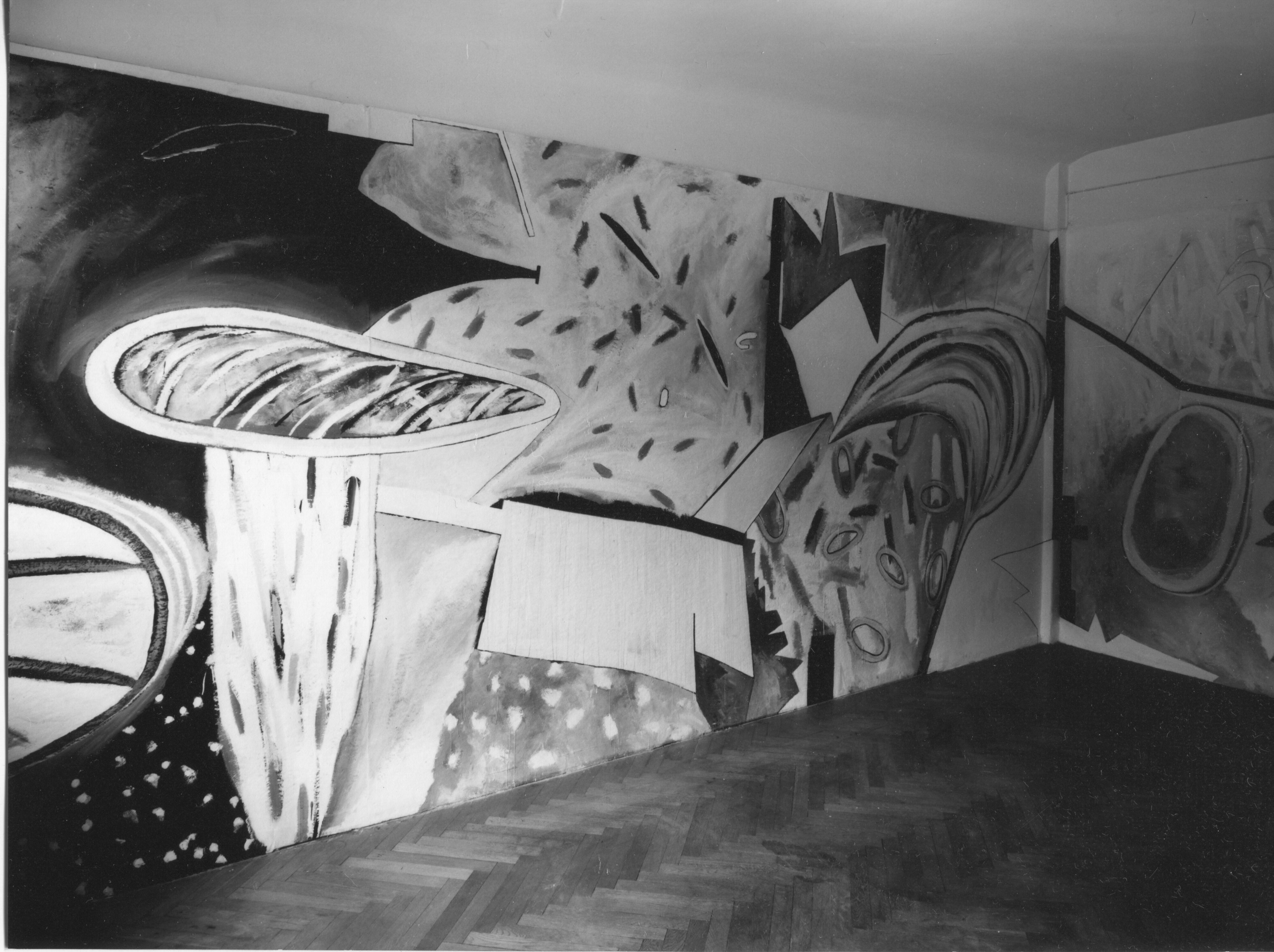
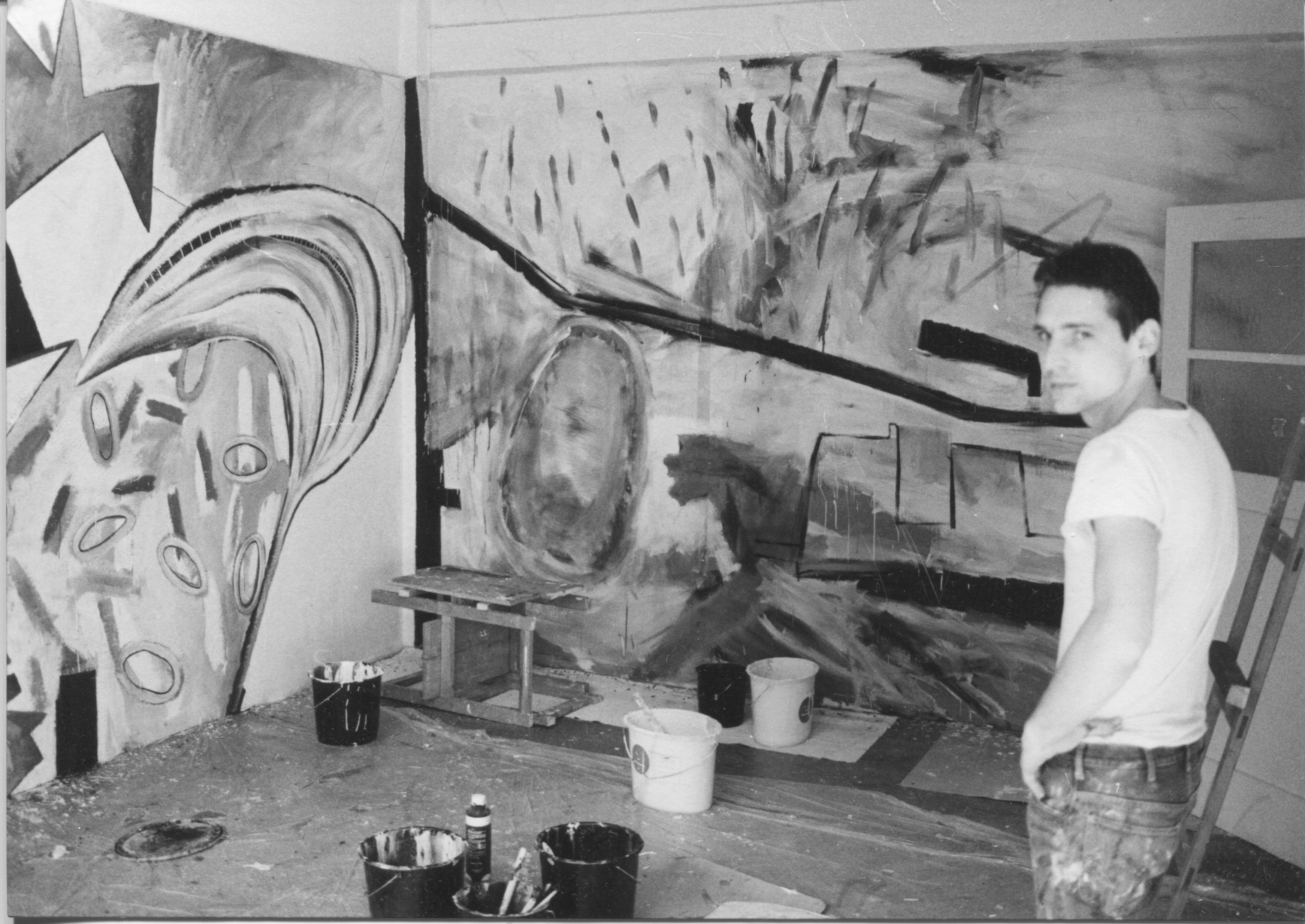
Photo-realistic portraits of eighteen men. The exhibition was extended due to its large popularity.
Herr Lugus works as sound mixer of David Bowie. Organizer: Von der Hand in den Mund.
Group 180 formed in late 1979. Its members are both classical educated musicians and jazz performers who feel obligated to perfom contemporary music.
Montevideo is a video film about the new German music scene featuring bands such as Deutsch-Amerikanische Freundschaft, Der Plan, Der Moderne Mann, Abwärts, Mania D., Fehlfarben, KFC.
Videopunk is a film made in California with Dole Hoyts, Andrew Huetstis, Anthony Luzy, Curt Lundblad and Marshall Weber.
Interdisciplinary video and performance projects.
Dick Higgins is a student of John Cage and co-founder of the Fluxus movement.
Screenings of the movies Malcolm Le Grice, Castle one – The Light Bulb Film (1966/67), Little dogs for Roger – eine Doppelprojektion (1968) and The Flicker von Tony und Beverly Conrad (1966).
Organizer: Von der Hand in den Mund.
Das Konzil is an occasional meeting of young, mainly German artists in Stuttgart. Its aim is to interrelate current research approaches in art, art reception and art sociology. There will be projects, lectures, discussions and temporary cohabitations. The participants of Das Konzil develop ways to make art visible in everyday life and coordinate the three named research areas. Artistic content, forms of collaboration and communication of art in public spaces will also be up for discussion.
“Heidemarie von Wedel put toy animals on two glass tables. On the floor, on wheels, Venus of Milo. Pattern-world.” (Stuttgarter Zeitung, April 1981)
30 underground and experimental filmmakers present their uncensored works.
The project establishes a travel agency organizing travels from Europe to Asia. Artists are shareholders, the Bangkok share is the core of their project. They will dump a safe into a hole on Gutenbergstraße. There will be films, boxing matches, a massage parlor, music and food for visitors.
The artist will build different objects and allows visitors to play with them (water object, pendulum object, window object, wrapping object, etc.)
A group of Stuttgart-based filmmakers make a documentary about the installation of the film workshop at Künstlerhaus. Organized by Hannelore Kober and Jonnie Döbele.
Instruments, audio tapes and electronic sound elements in harmony.
A homosexual theater troupe that mainly works with original lines that reflect their personal experiences.
Premiere of the play Quantologie by Siegfried Wekemann in Stuttgart’s Planetarium. Wekemann integrates different elements such as traditional instruments, audio tapes, loudspeakers and sound objects. The concert is organized by musica nova, Musikhochschule Stuttgart and Künstlerhaus.
Key players from the fields of art and politics discuss topics such as the significance of cultural policy, politicians and their relation towards the arts, difficulties in the decision-making of committes and panels, dependencies and dictates within the art scene, problems regarding the order and grant situation, dependencies of artists and the challenge of facing new art forms and the media.
Authors whose works range from realism to transrealistic expressionism visit Künstlerhaus to give new impulses to the literature scene.
Uli Keuler is a Swabian comedian.
The youth theater of the Greek community in Stuttgart stages a play in Greek language. Organized by Dimitrios Ioannou.
Nan Hoover, currently resident in Amsterdam, photographs hands, lower arms and other body segments and exhibits them on large-format panels. Besides that, there will be video tape screenings.
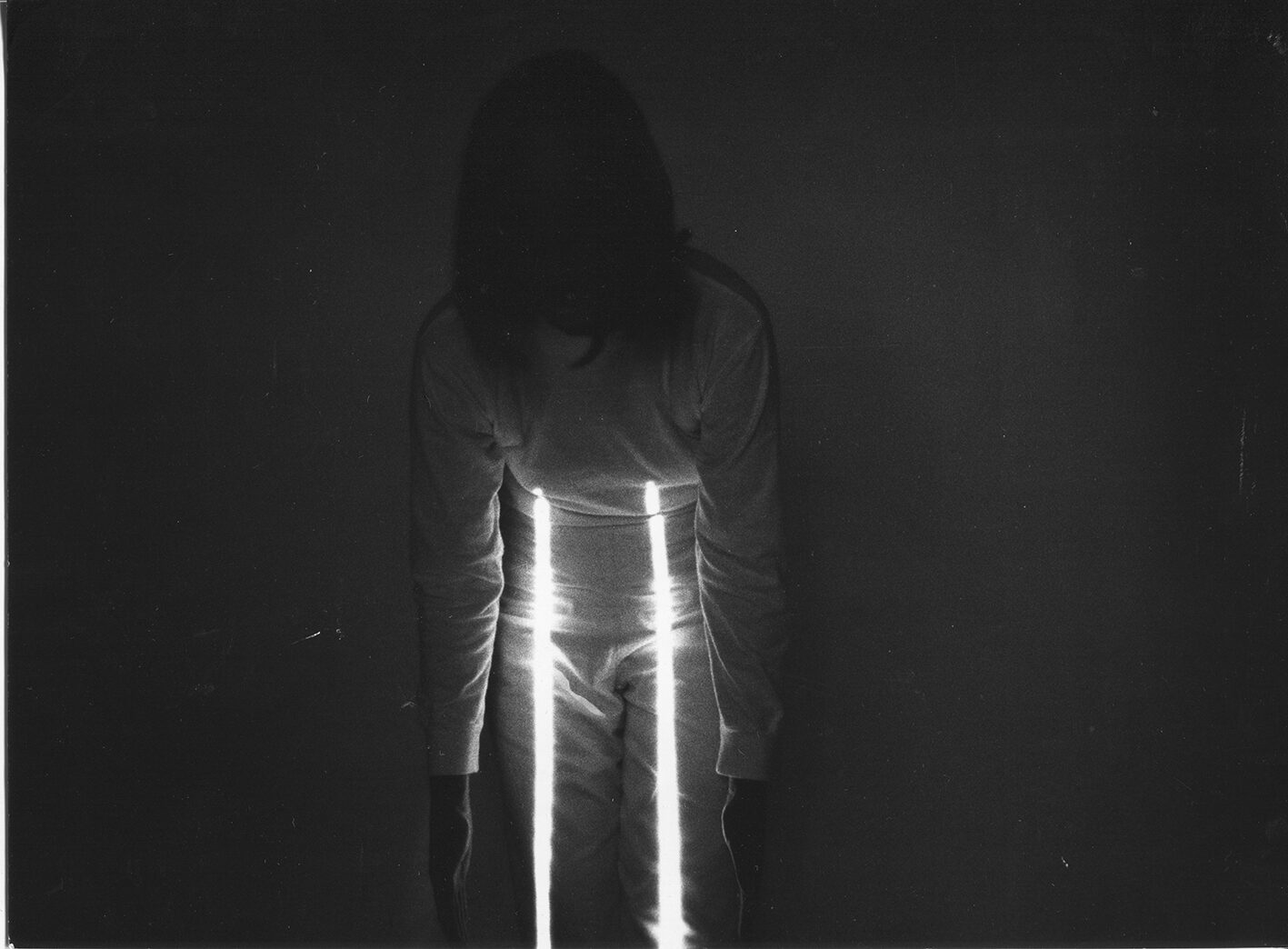
Film series with screenings every Monday.
Programme:
Garlic is as good as ten mothers (USA 1979/80)
Eats his shoe (USA 1980), D: Werner Herzog
Silver city (BRD 1968), D: Wim Wenders
Straight and narrow (USA 1970), D: Tony and Beverly Conrad
Adolf Winkelmann (BRD 1967), D: Adolf Winkelmann
Von Rosa von Praunheim (BRD1967), D: Rosa von Praunheim
The great stagecoat robbery (BRD 1981)
Organized by Unternehmen von der Hand in den Mund – Hannelore Kober, Jonnie Döbele.
“The quiet charms of Zefflers installations cannot be revealed to those who are looking for clear results and meanings, but only to those who accept that they are for momentary stages of a playful process.” (Stuttgarter Nachrichten, April 1980)
The exhibition of the American artist contains watercolors, gouaches, collages and drawings. It is organized in collaboration with Amerika Haus Stuttgart.
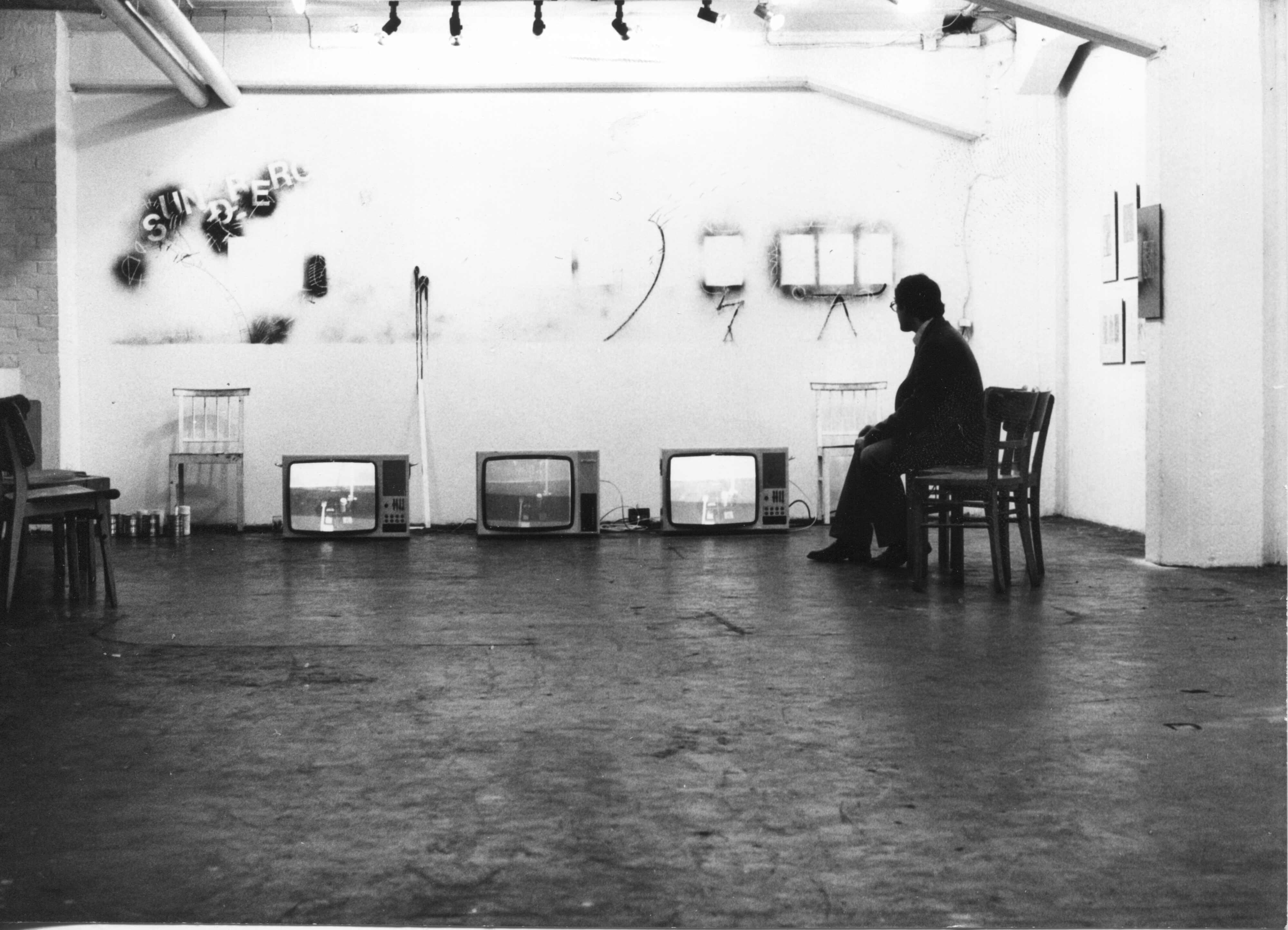
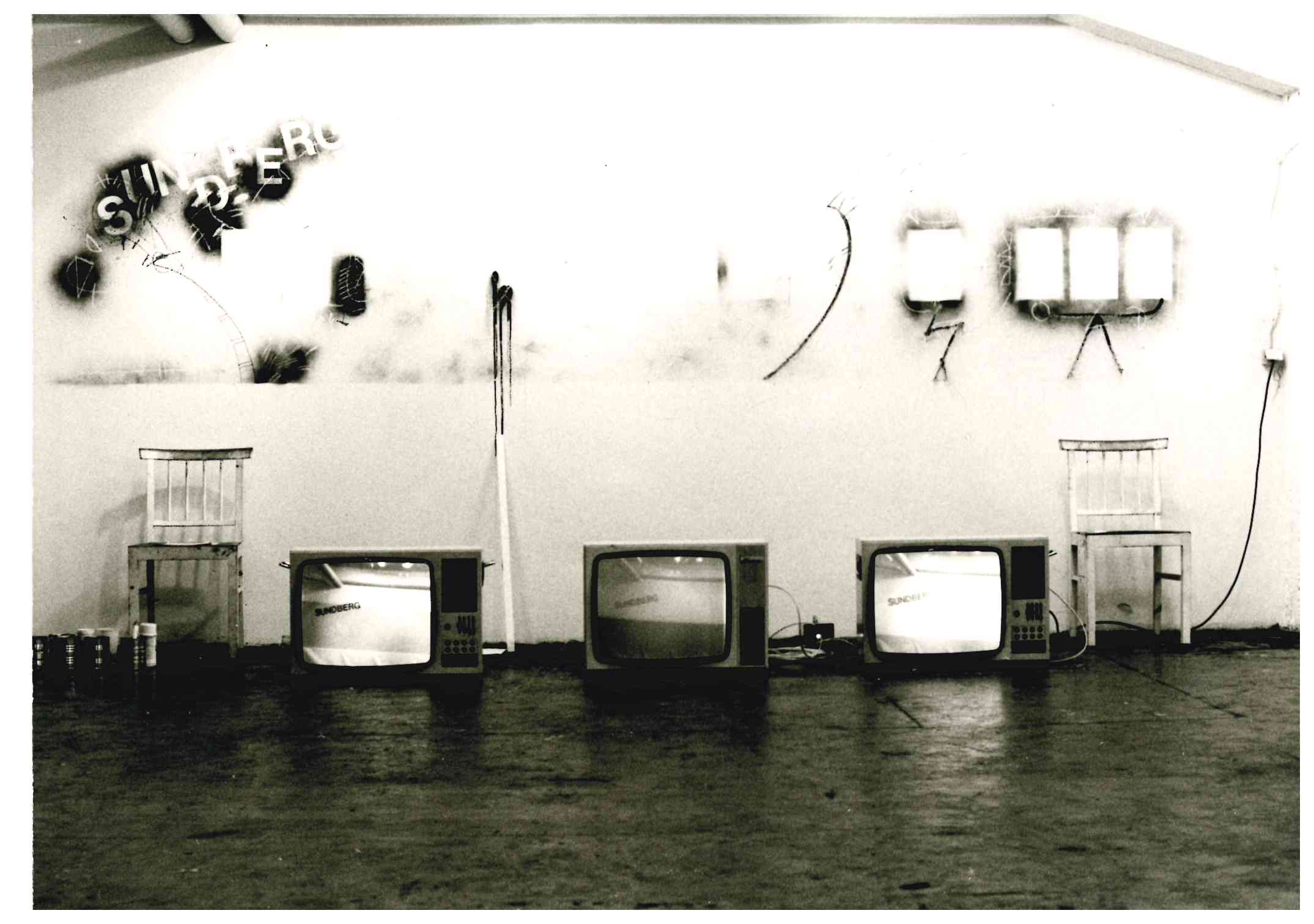
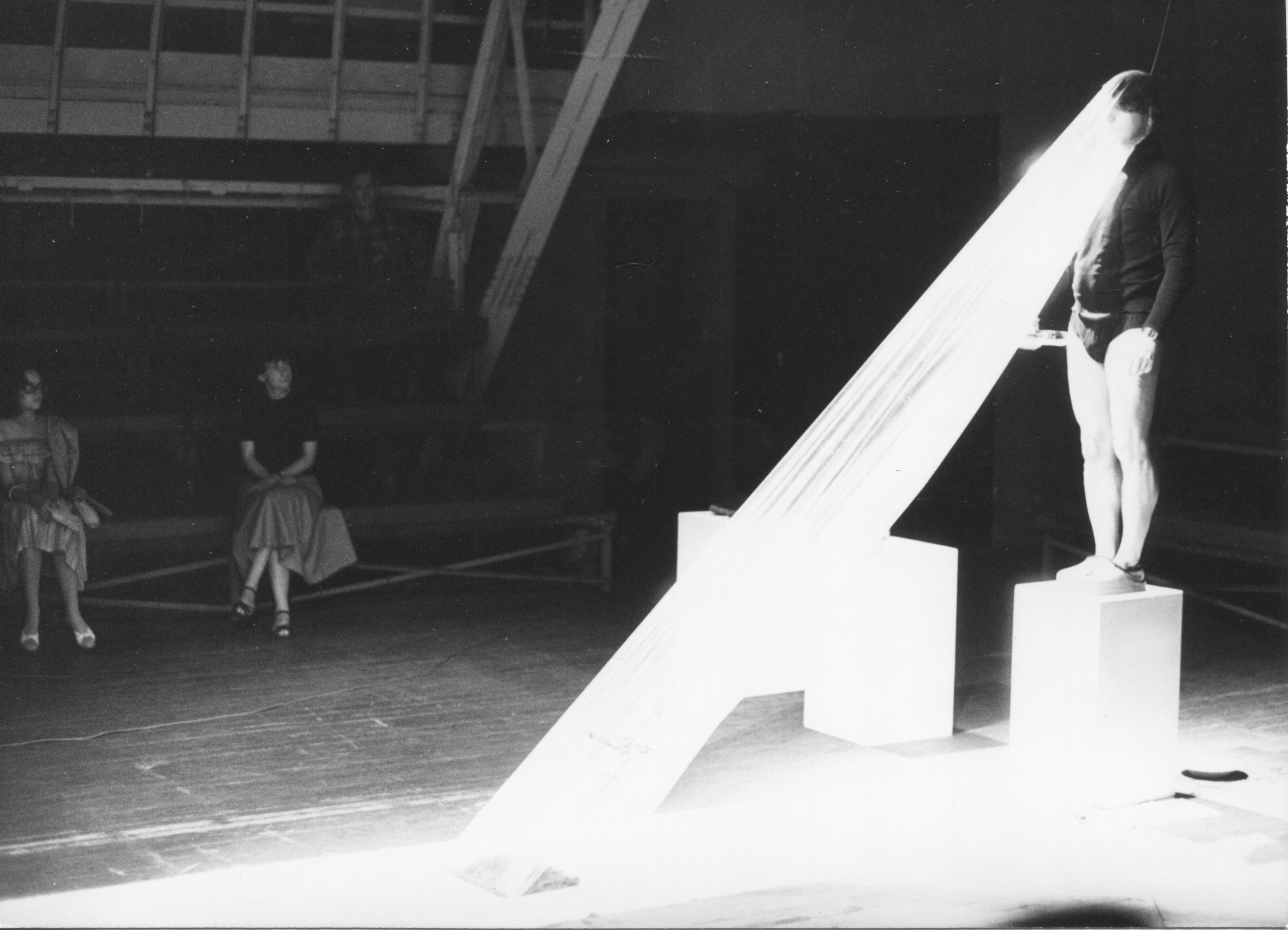
The Greek myth of the Marsays served as an textual inspiration for this performance. The stage production is a unification of different art forms.
Different panel speakers from the fields of politics and culture discuss the topic “Social enhancement of artists – ruin for art dealers?”
The focus of the workshop lies on artists’ publications and books. The workshop is about realizing a common, open project that can include a amagazine, poster or book.
Dr. Emil Kaufmann from Berlinlectures on “Beuys and the Problem of Energy”, “Klee’s visual Thinking and the Phenomenon of multidimensional Contact”, “Pollock and the Problem of Work” and “Giacometto and the Problem of History”.
Development of an integrated model of life and culture. New approaches to the unification of mind and body.
Reference literature:
Dieter Duhm: Synthese der Wissenschaft, Heidelberg, 1979.
An performance by Jerry Alfred, who is seen as a co-founder of modern literature. His characters originate from dadaism and surrealism.
The photographs illustrate the monotony of human absence. There will be a limited signed photo edition of the exhibited photographs.
Fotoband is an image series that measures 76,8 m. It extendes over 64 image panels and comprises of 14 colors and 14 symbols. Some graphic symbols recall electric circuits or hectic oscillatory lines. All works contain a strong rhythmic character that promted composer Jean Schwarz to compose a musical score.
The seven-day workshop contains various physical and mental excercises.
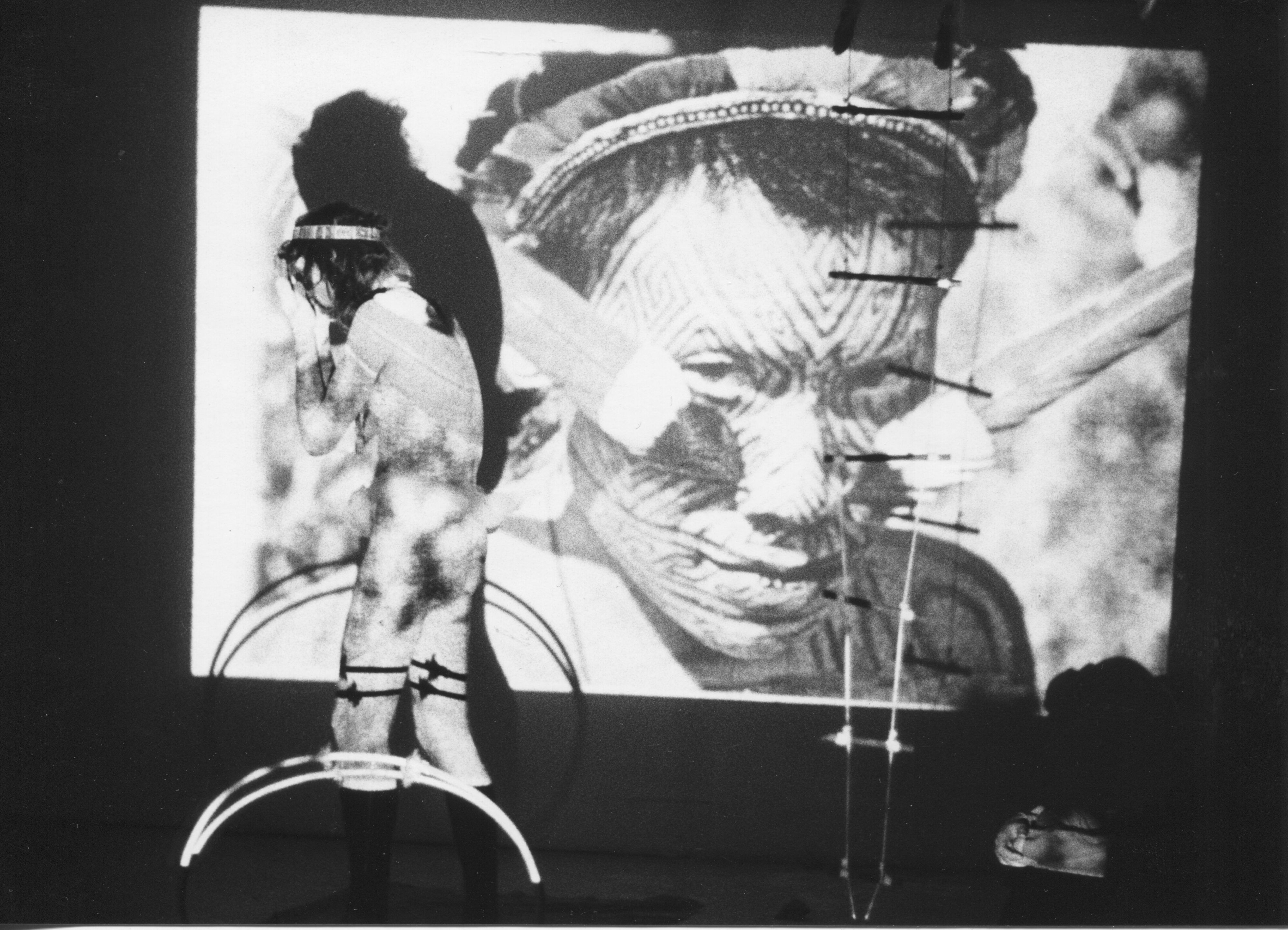
Personnel of various artist’s associations from Freiburg, Mannheim, Karlsruhe and Stuttgart visit Künstlerhaus to hold a collective symposium with lectures, discussions and screenings.
Künstlerhaus participates in this year’s 9. International Congress of Fine Artists by launching the newspaper project Pin-Art and by organizing exhibitions, workshops, actions and lectures. Artists are invited to contribute.
List of participating organizations:
ACME, London
ANTFARM, USA
Augenladen, Mannheim
Atelierhaus, Worpswede
BBK-Werkstätten, Berlin
Battersea Arts Center, London
Centro di Arte y Communicacion, Buenos Aires
De Appel, Amsterdam
De Lik, Amsterdam
Kubus, Manheim
Künstlerhaus BBK Werkstatt Mehlwaage, Freiburg
Künstlerzentrum, Karlsruhe
Künstlerhaus Bethanien GmbH, Berlin
Kunsstiftung BAWÜ, Künstlerhaus Gerokstraße, Stuttgart
Künstlerinitiative, Ulm
Kunstraum e.V., München
International Cultureel Centrum, ICC, Anterpen
IN SITU, Stuttgart
Internationake freie Akademie, c/o Joseph Beuys, Düsseldorf, Klaus Staeck, Heidelberg
Kommunikationszentrum “Die Pumpe”, Kiel
Fabrik Oed., c/o Fritz Schranz, Peterkirchen
Grazer Forum, Graz
Künstlerhaus e. V., Hamburg
Rijks-Centrum Voor Grafiek, Kasterlee
7. Produzentengalerie, Dieter Hacker/ Andreas Seltzer, Berlin
Loft, München
Zona, Florenz
Laboratorio, Rom
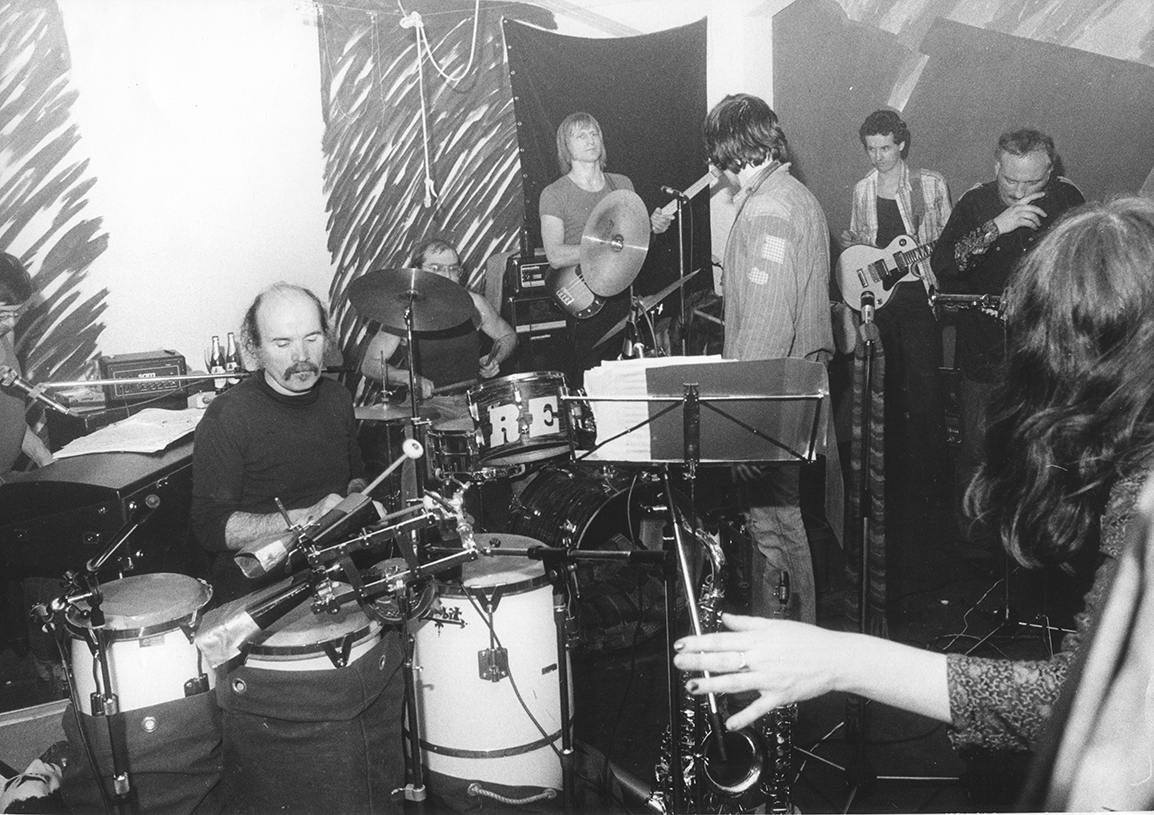

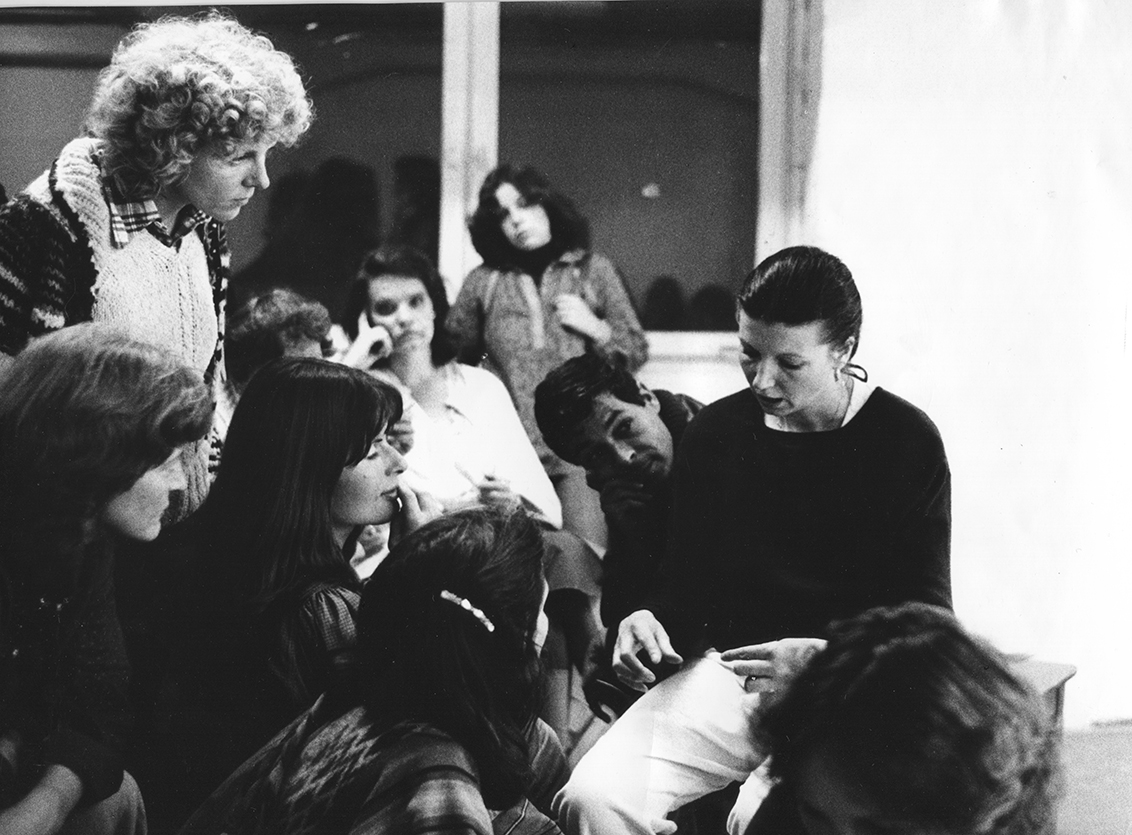
Syntheziser Operater Ludwig Rehberg jr. is a pioneer of electronic music and visual production.
The visitors enter a room in which the walls are equipped with mirrors and adjacent drawing surfaces. With pencils attached to threads, the visitors portray themselves.
Publishers from Stuttgart present their program at the Künstlerhaus.
Dr. Gabriel Mayer lectures about difficulties and opportunities of art-in-architecture. The lecture involves case studies of works by H.G. von Stockhausen (Stuttgart), Gerhard Hausmann (Hamburg), Rupprecht Geiger (München) and Blasius Spreng (München).
An audio piece as an attempt to reconstruct the Germany of the 1950s. Director: Walter Adler.
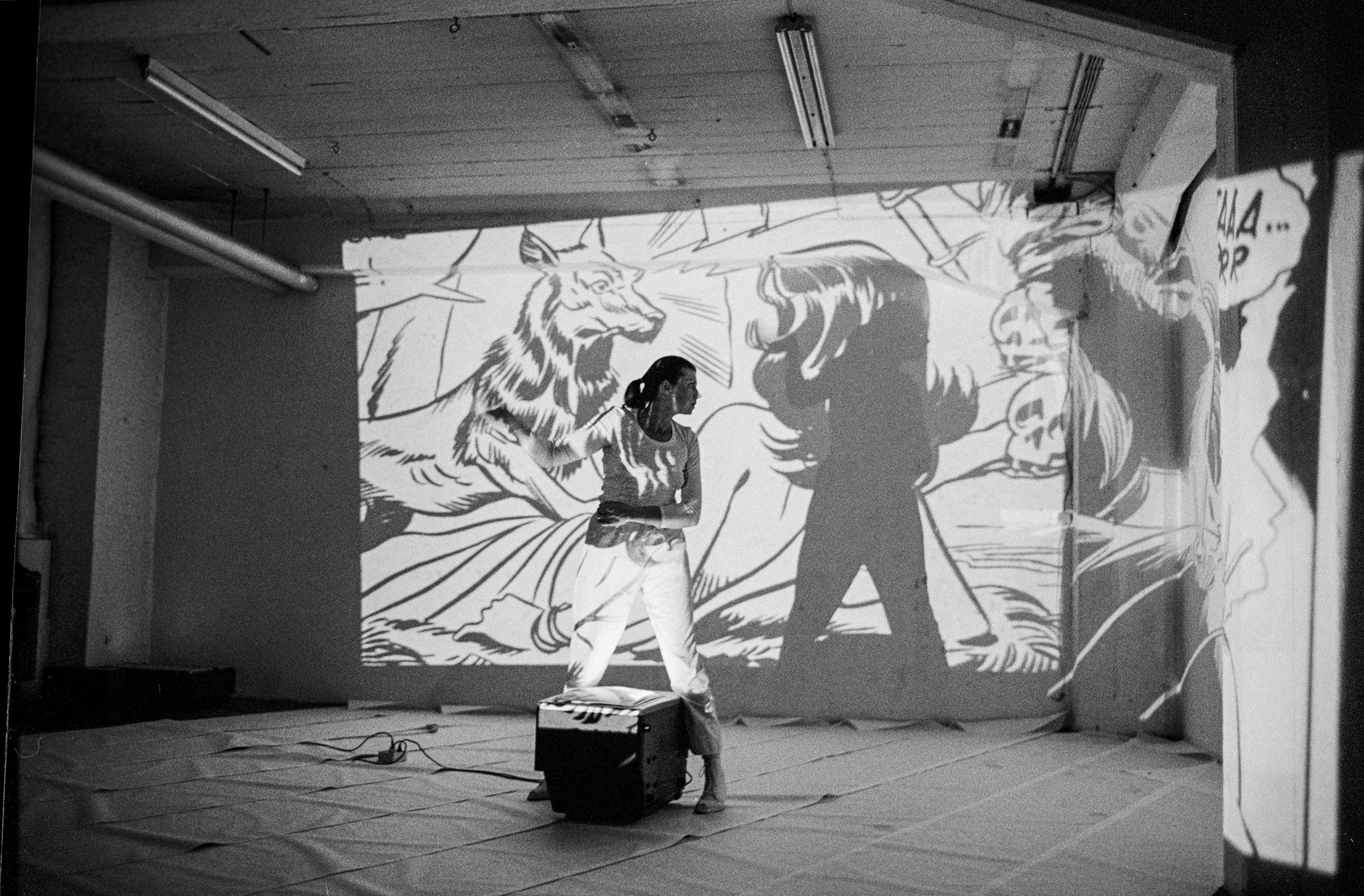
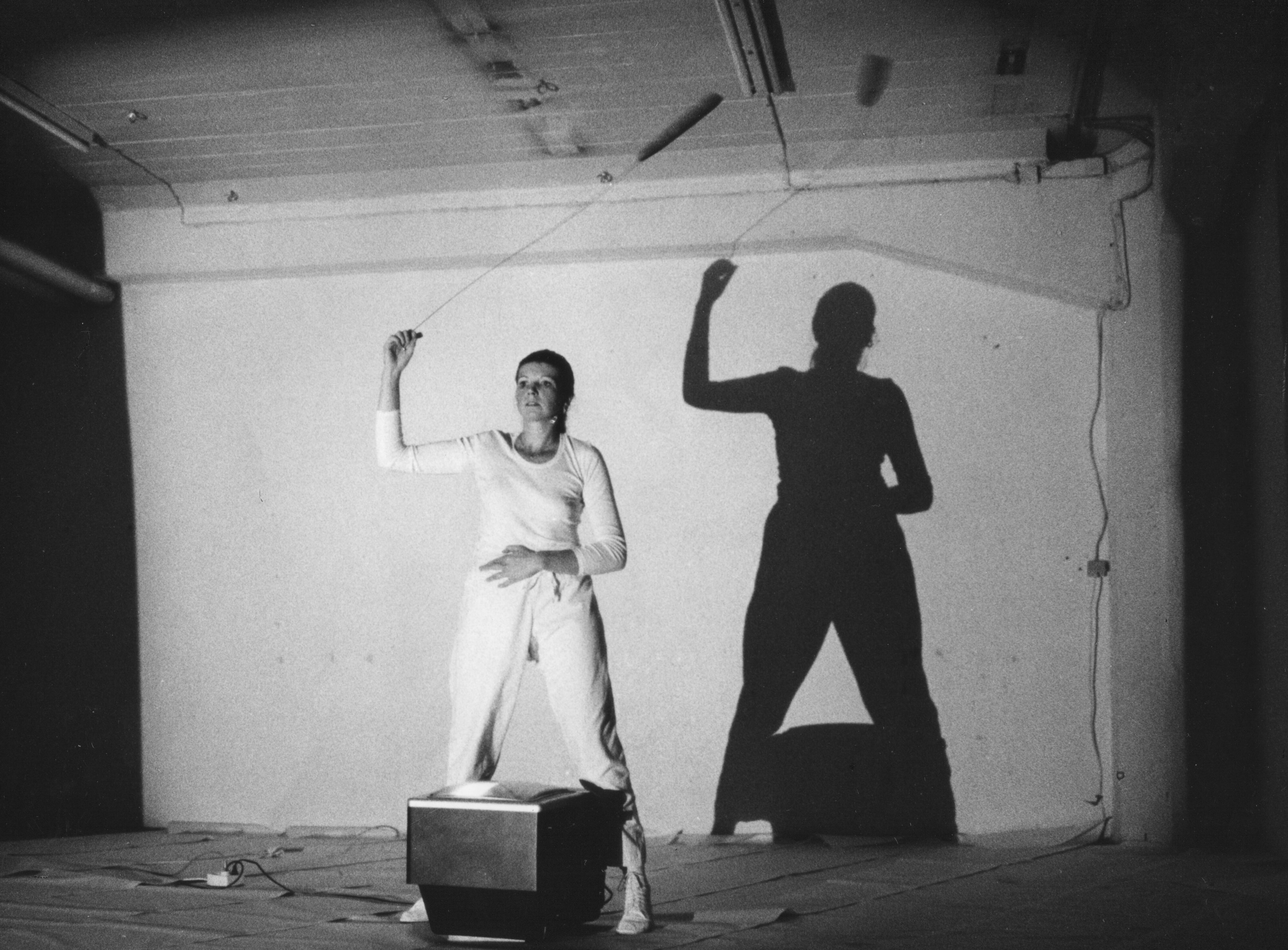
Book art has an extraordinary significance within Stuttgart’s art scene. For this group exhibition, the involved artists selected works that represent an experimental approach towards this topic. That involves actions such as experimental forms by Fricker as well as various odd book objects.
Project Nr. 3 is an “encounter” that involves collective examinations of current art practices. Its aim is to set up and exhibit something that is modifiable and combinable – that means no completed art works but art works that are permanently in progress. After the first week of this experimental exhibition, there will be a documentation about the the artistic process. The exhibition is organized by Böhm and Legler.
Instamatic photography – 20 tableaux, stories and a journey across Northern America.
Since 1969, H. R. Decker is working in the fields of political art and environmental analysis. He sets up scenes of reality without limiting himself on sheer depicting. His works aim at an informative process: He takes up real incidents from the press, radio and TV broadcasting, collects information and material about them and assembles them to large exhibitions of findings.
A new approach to experiencing culture – an exploration of culture.